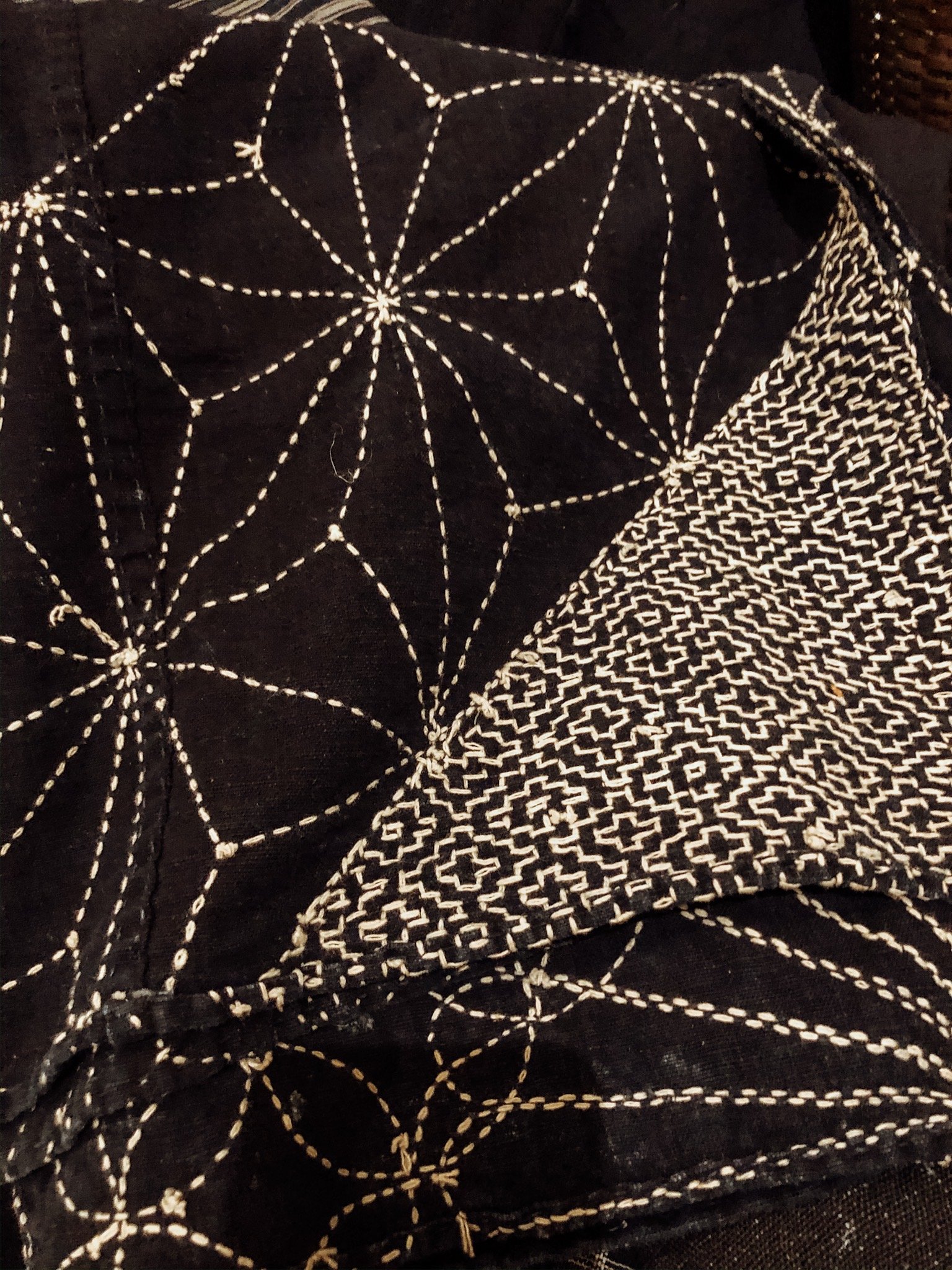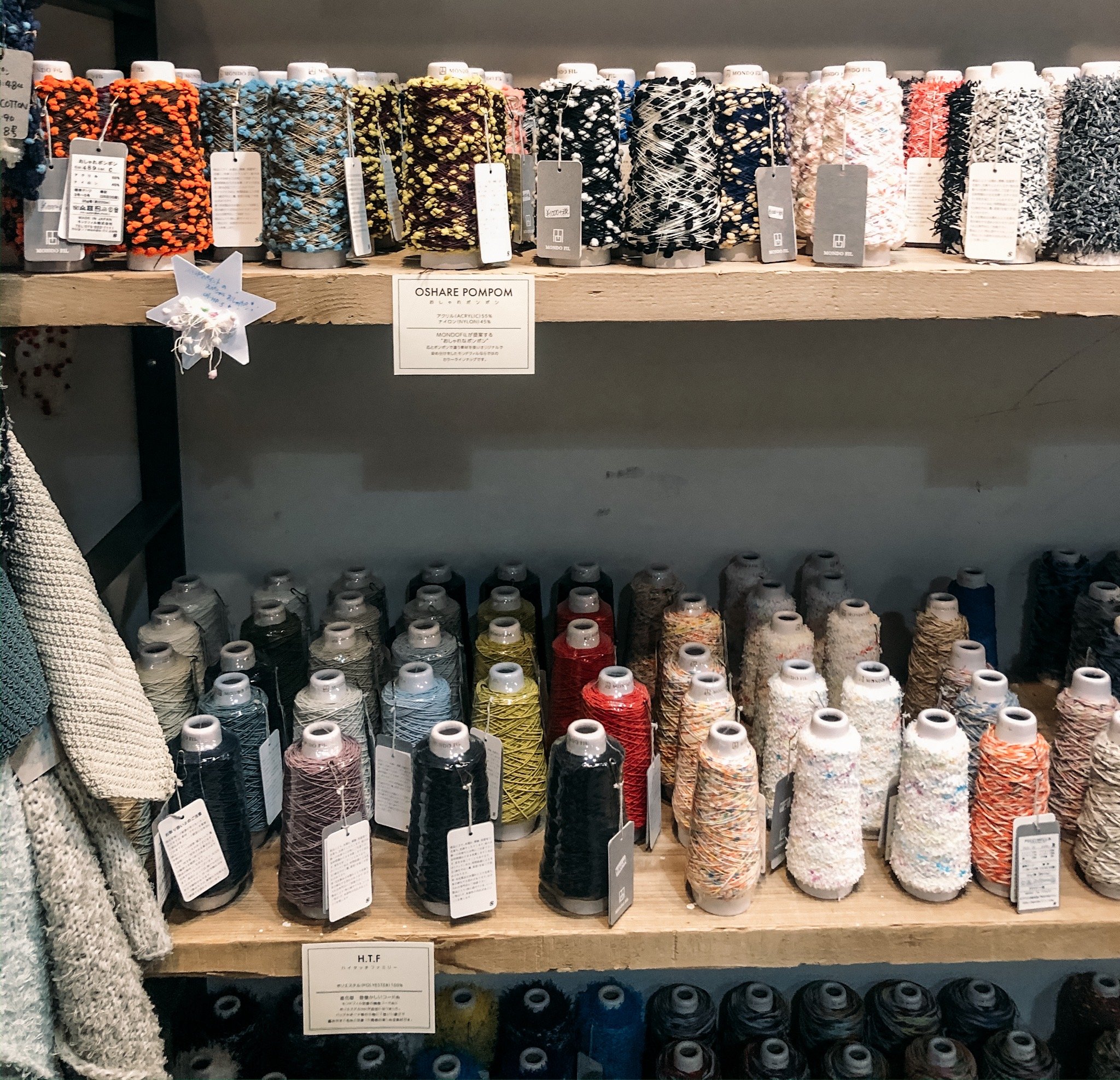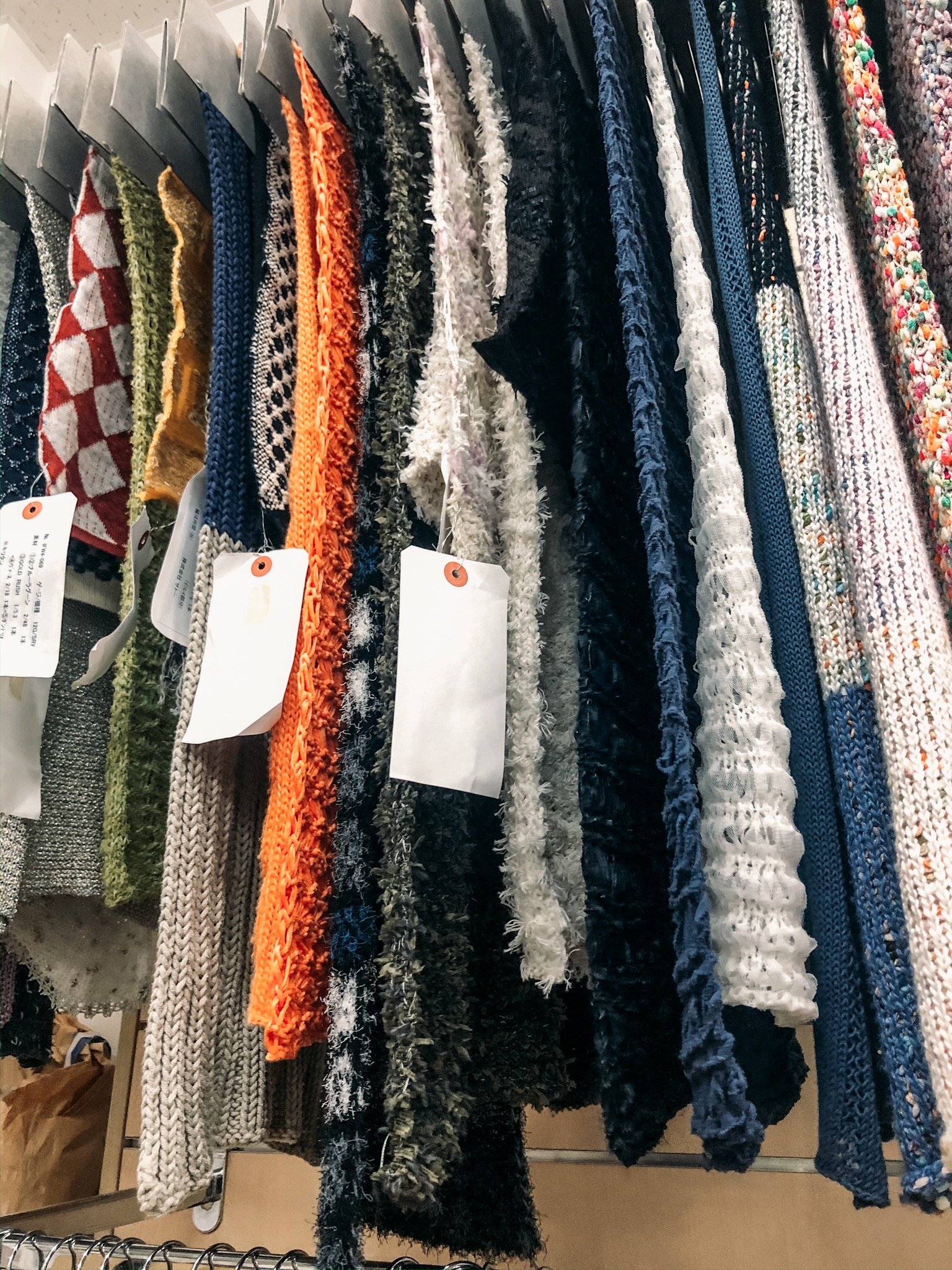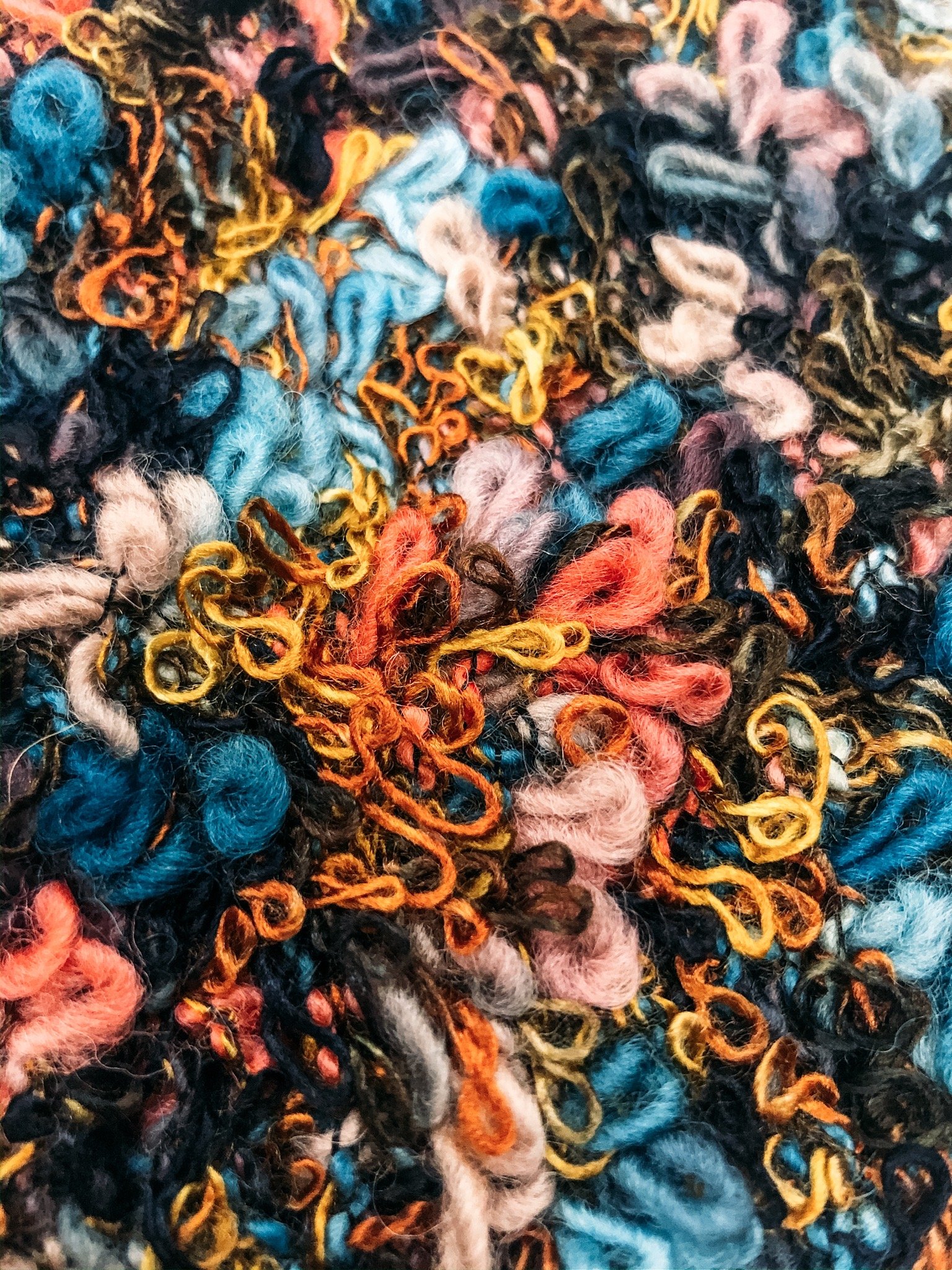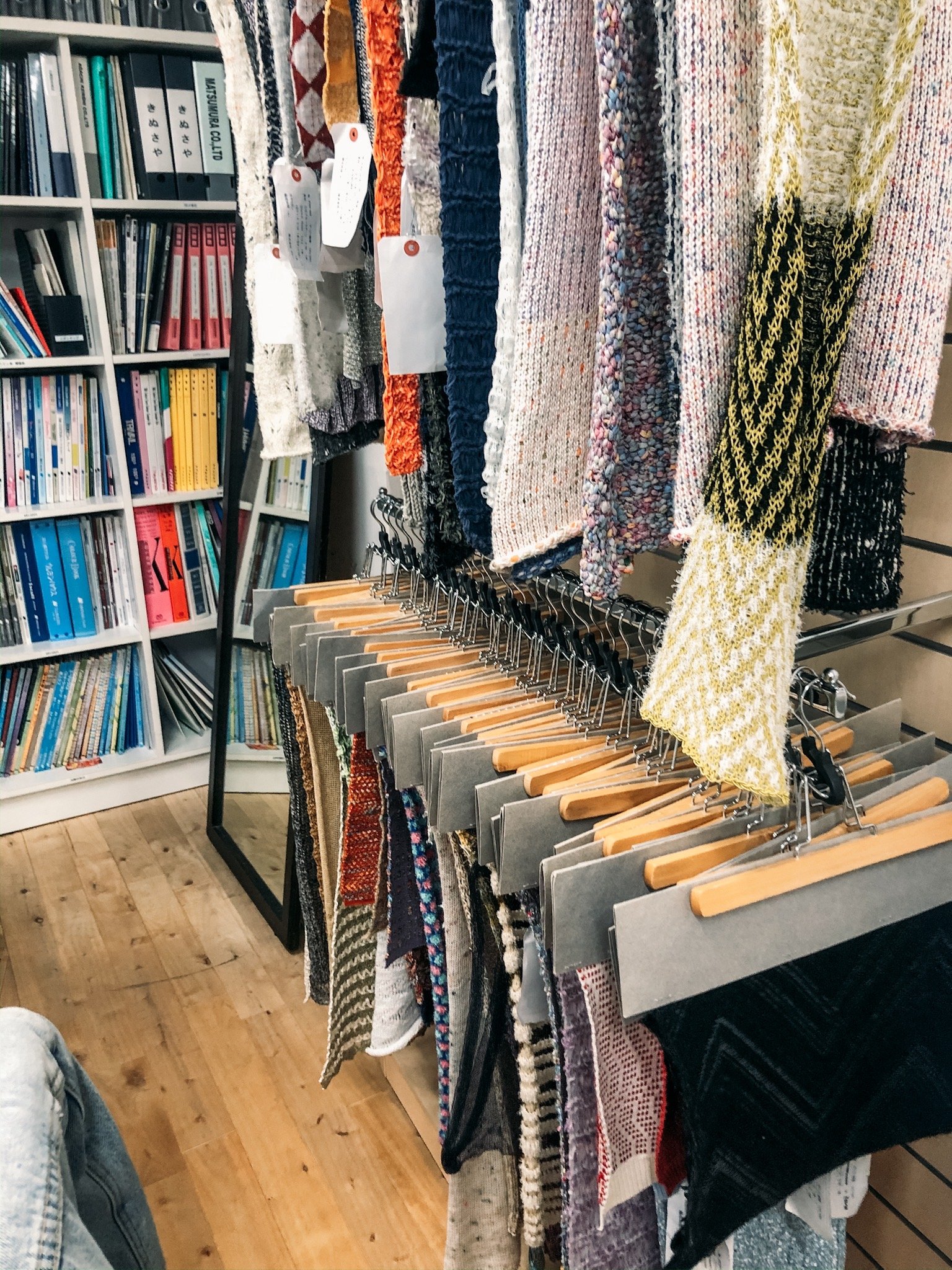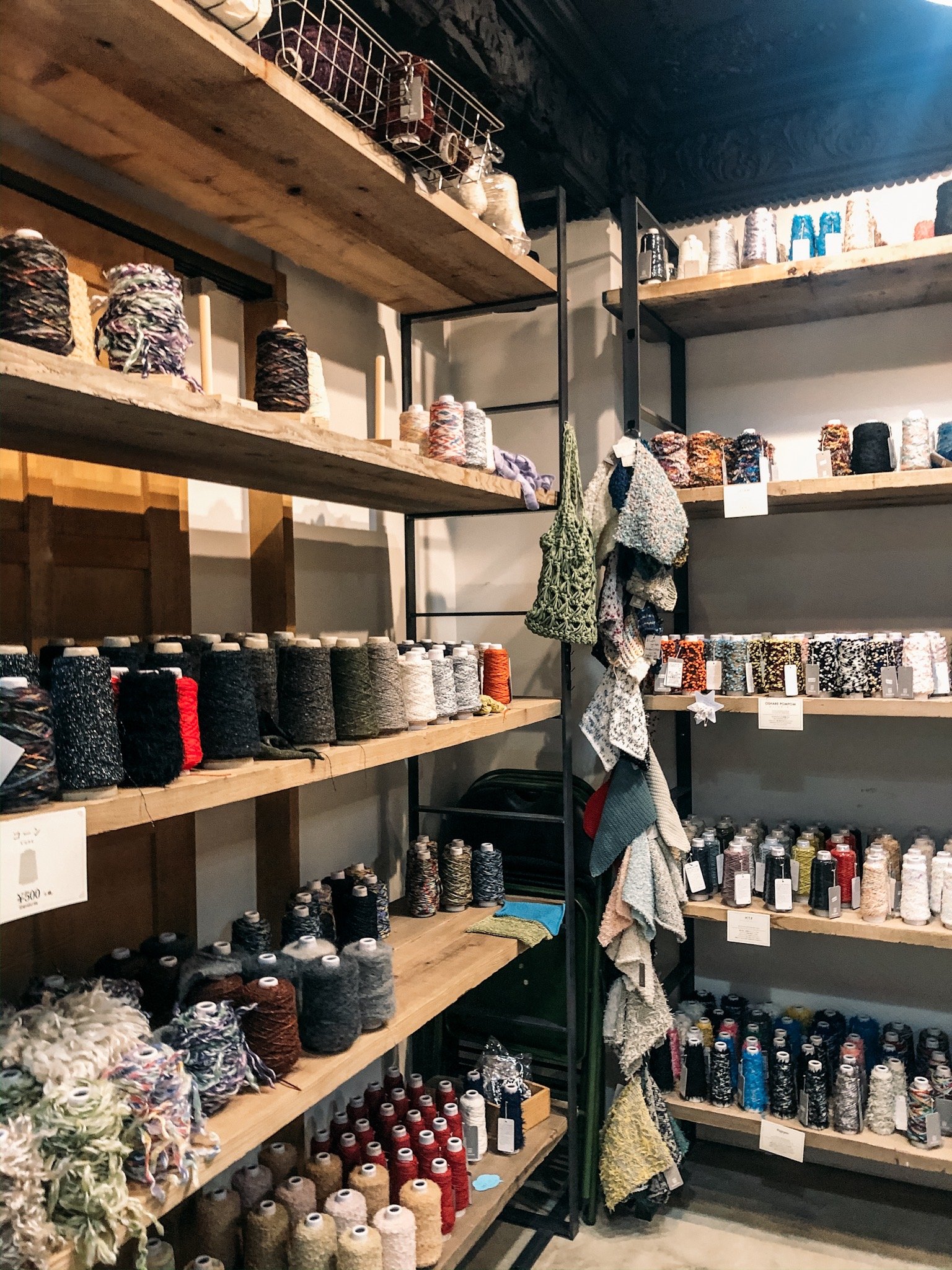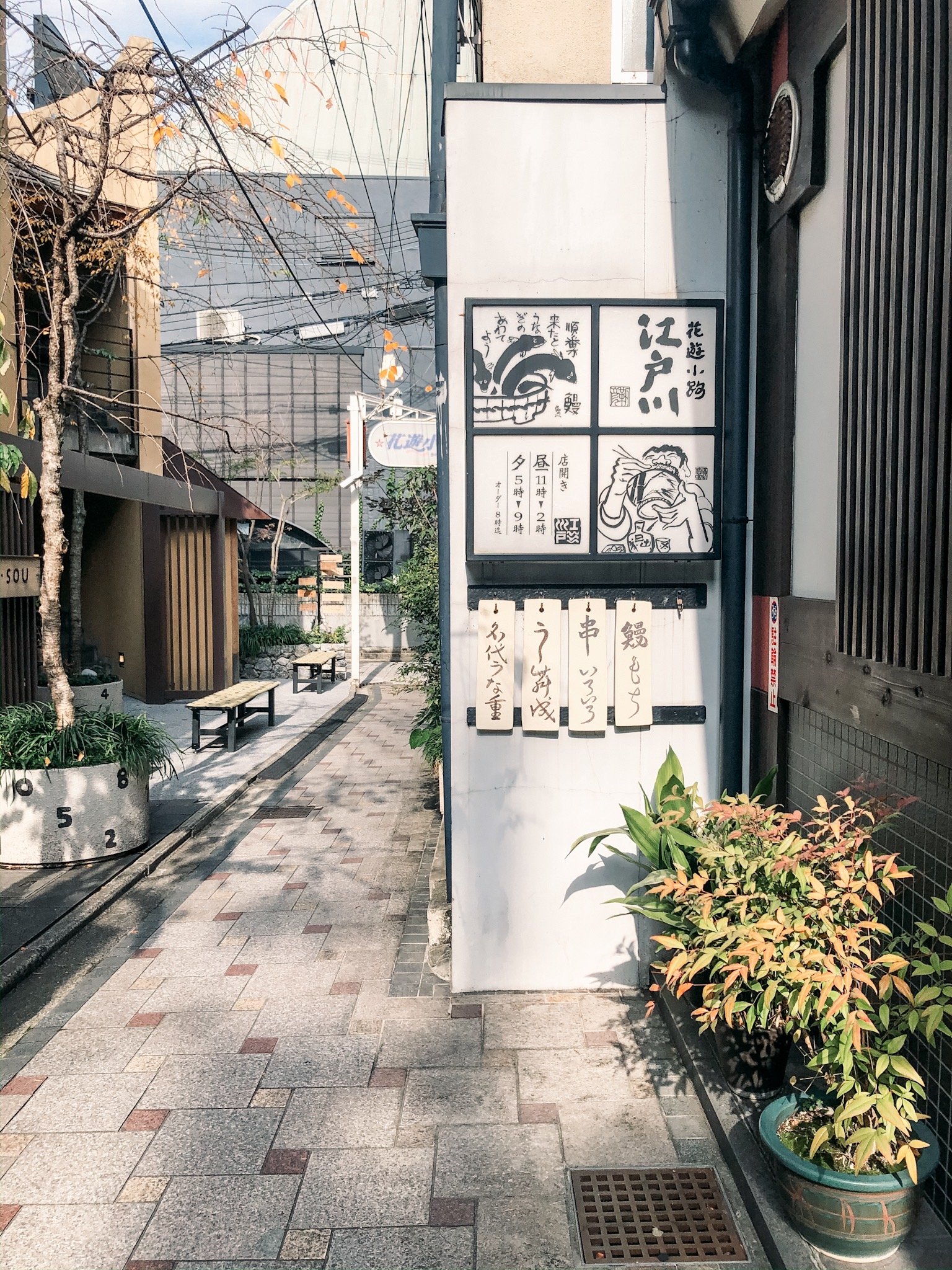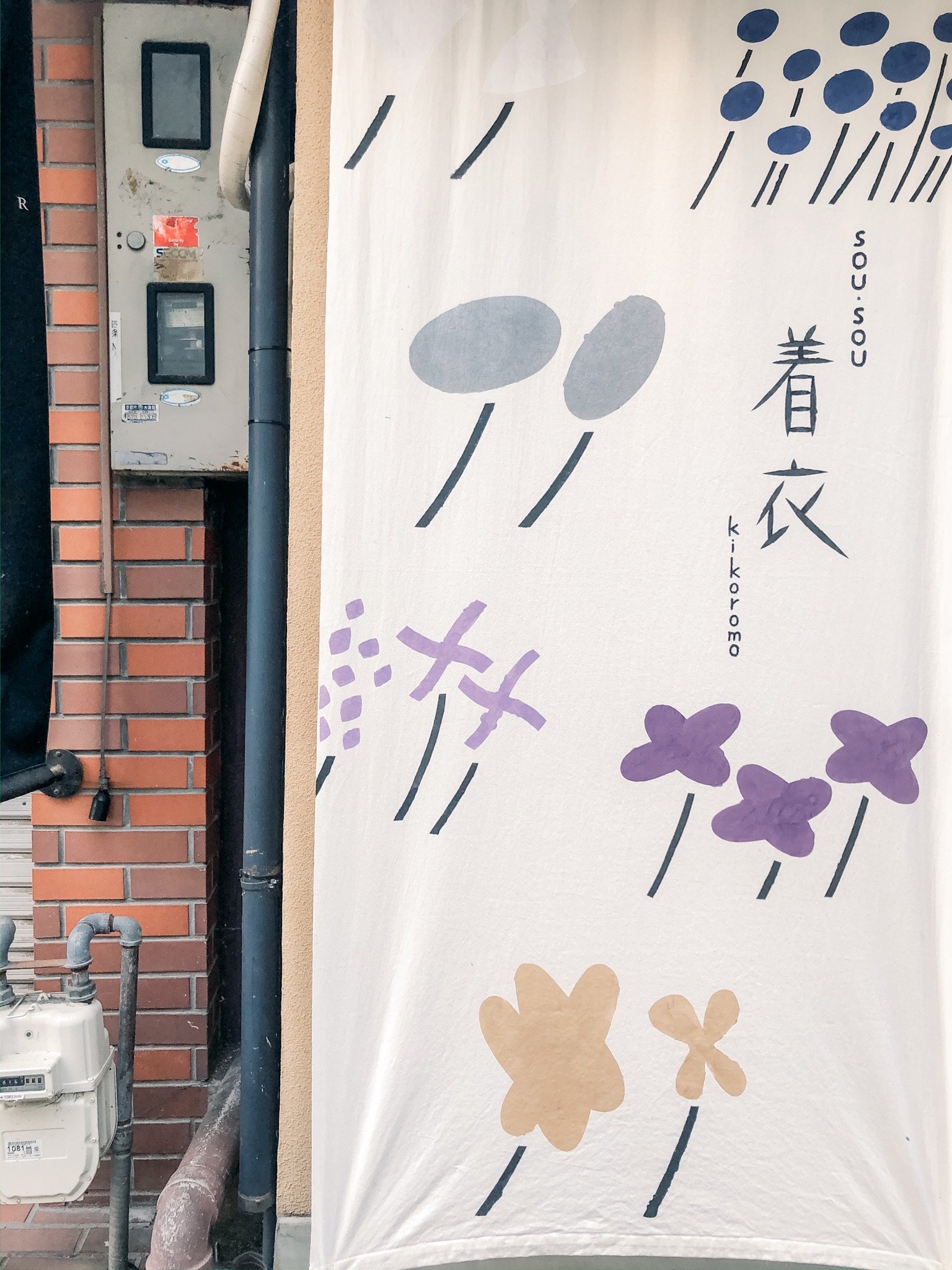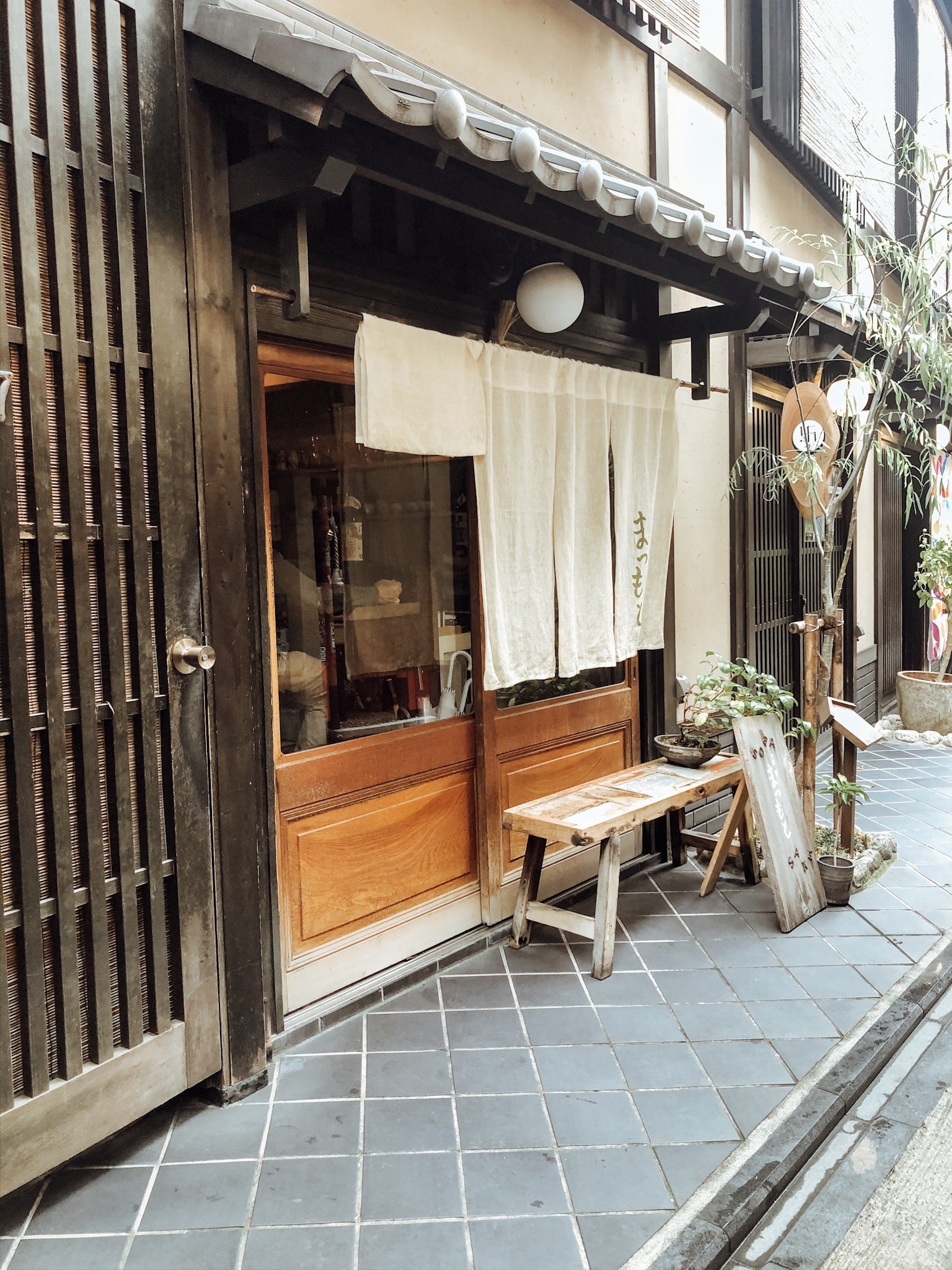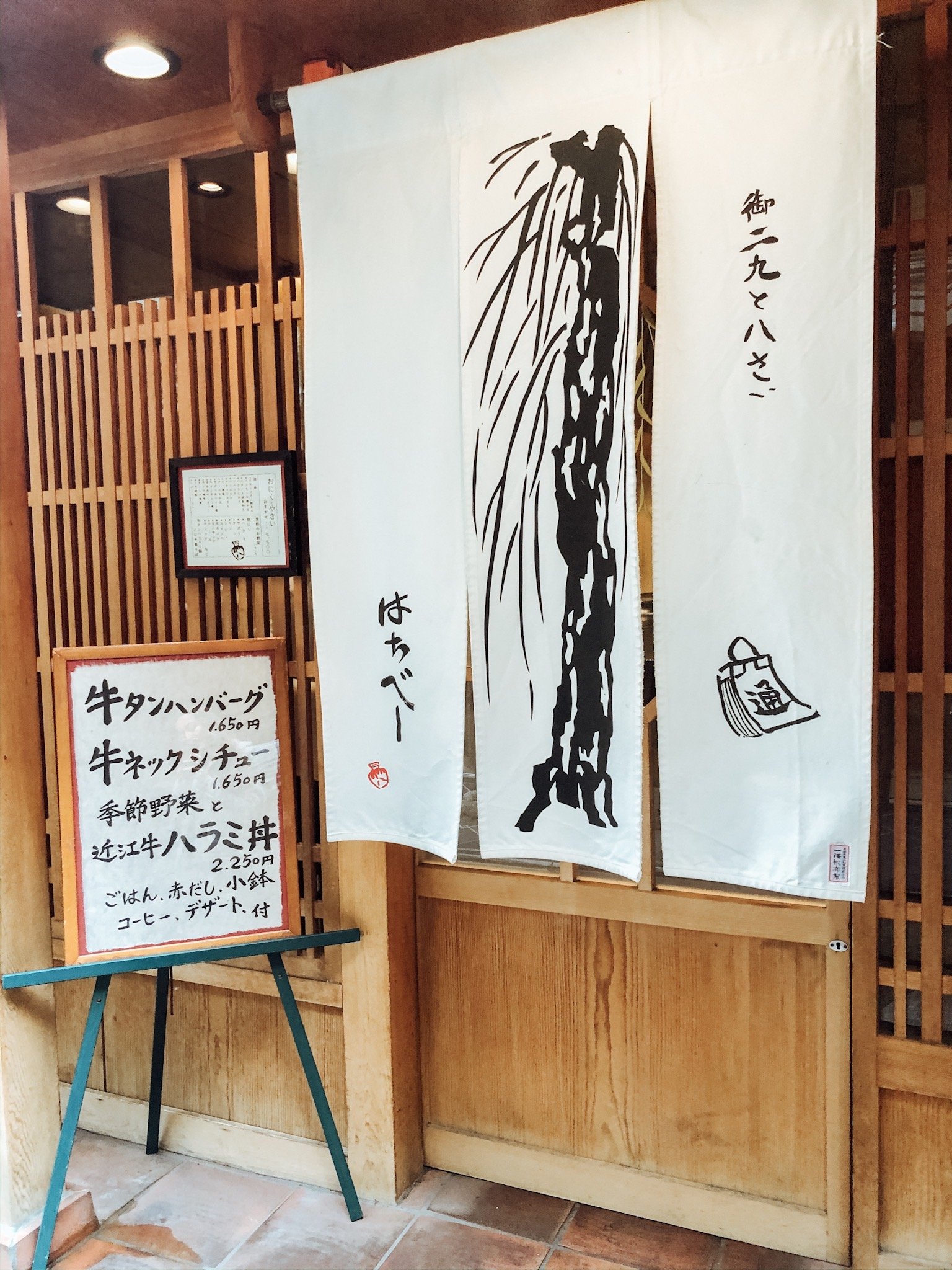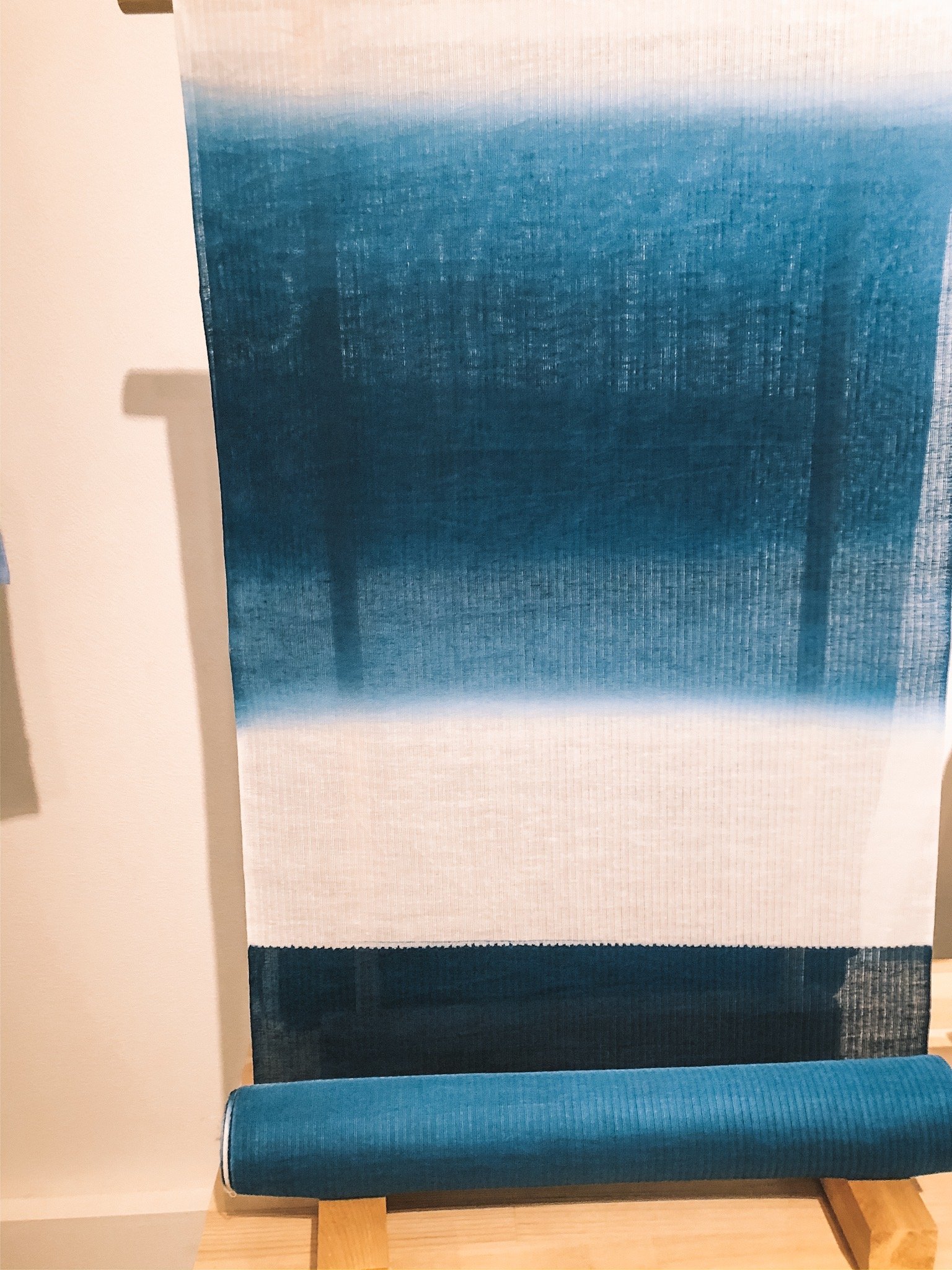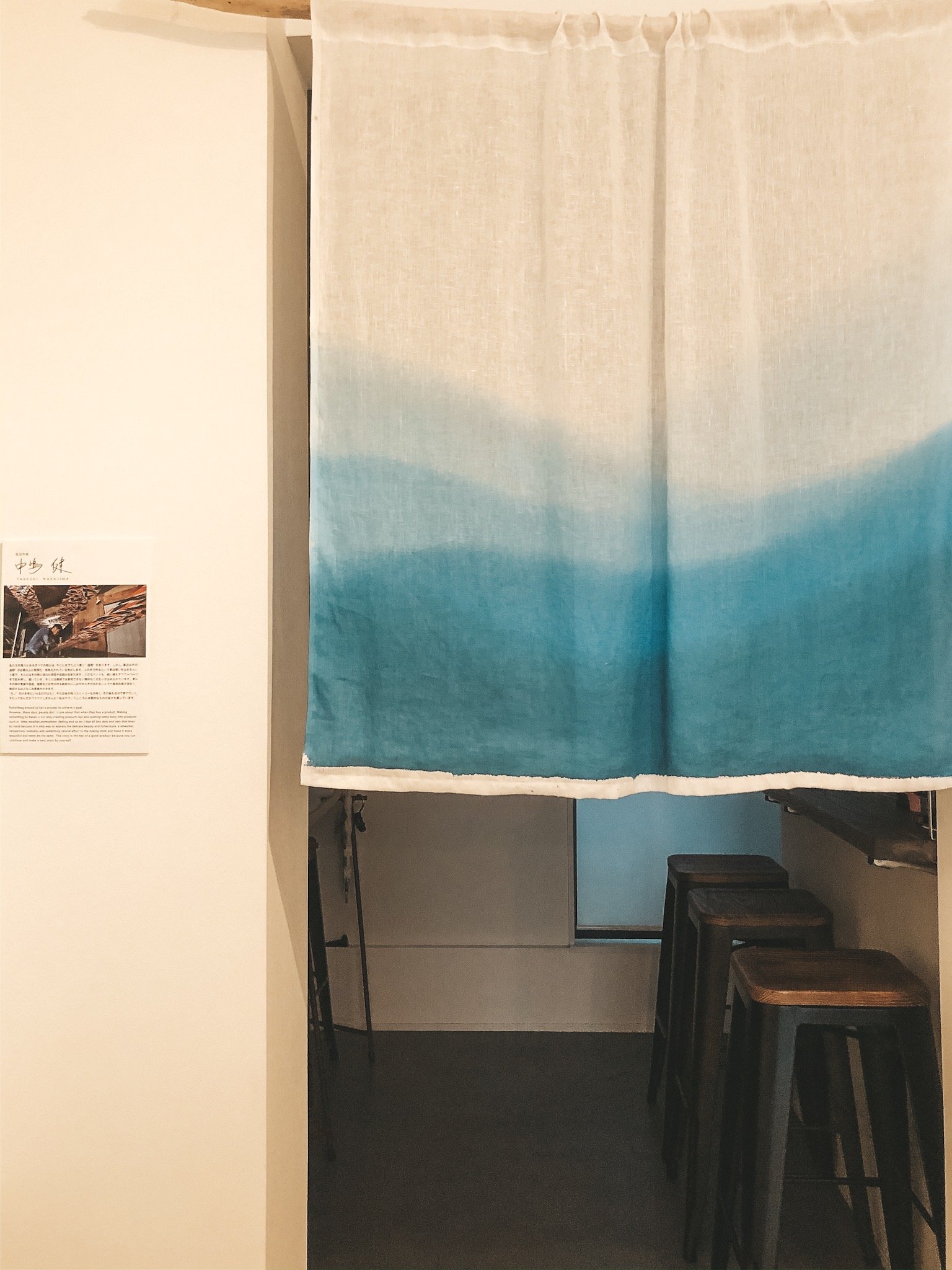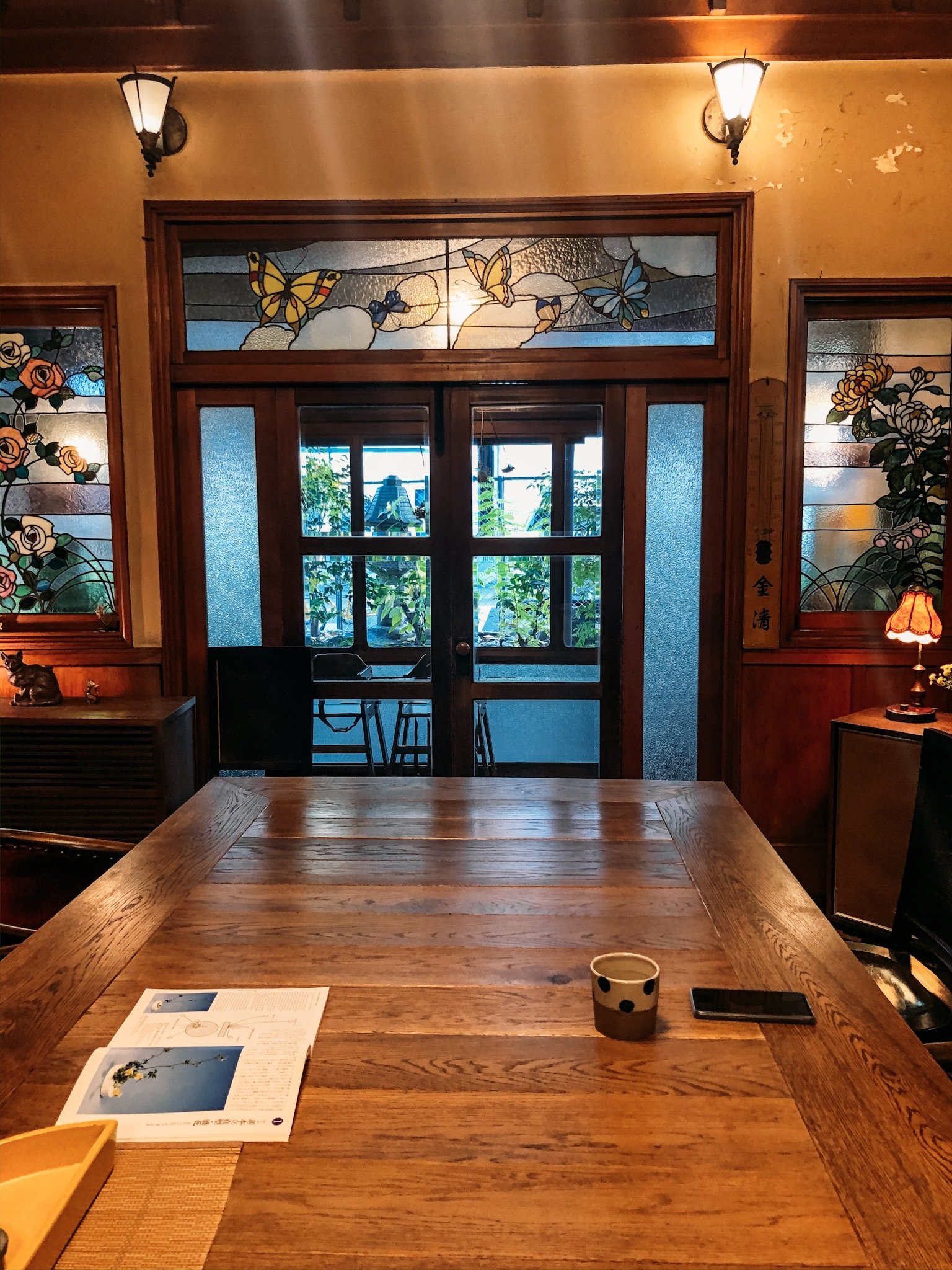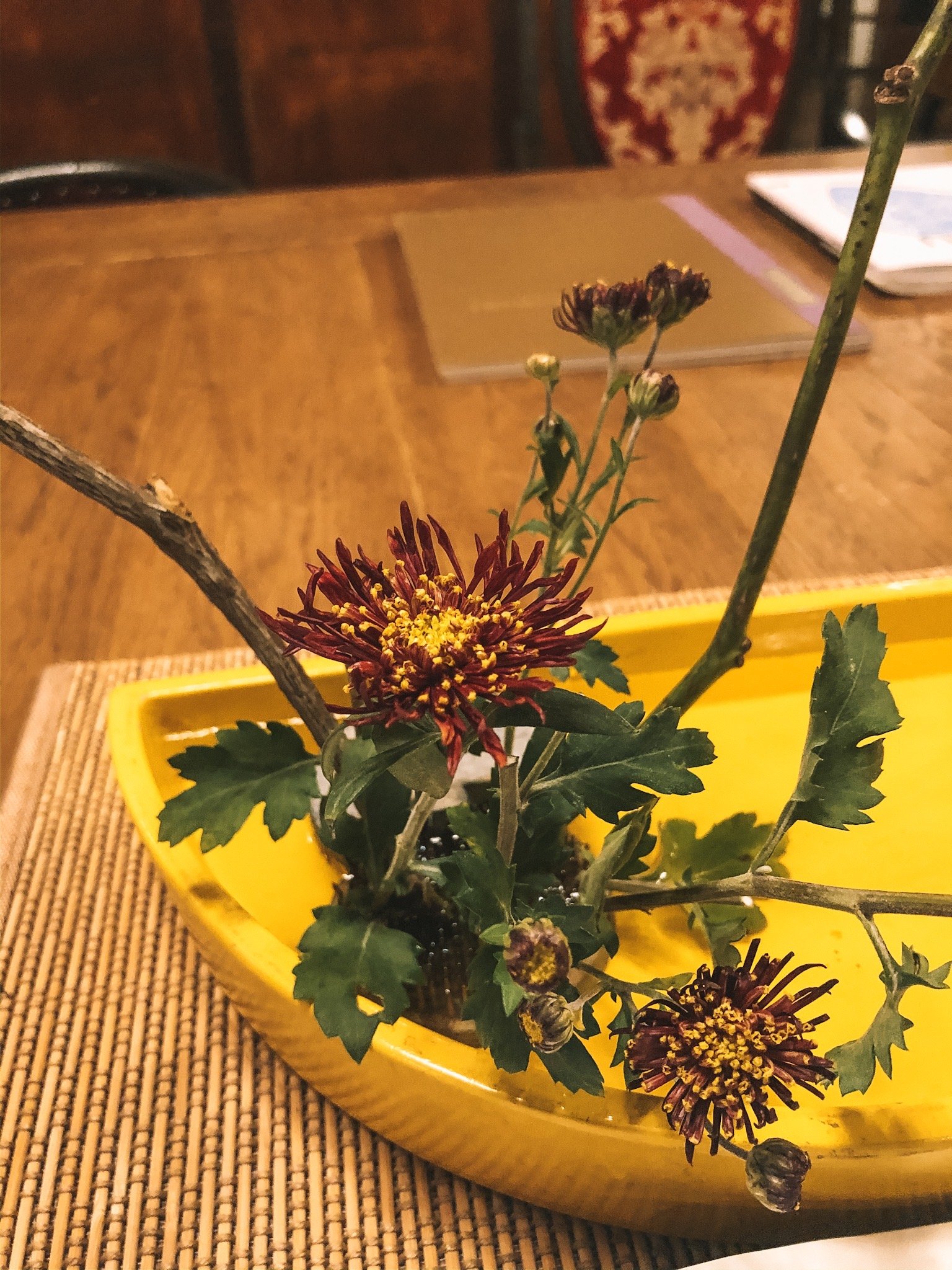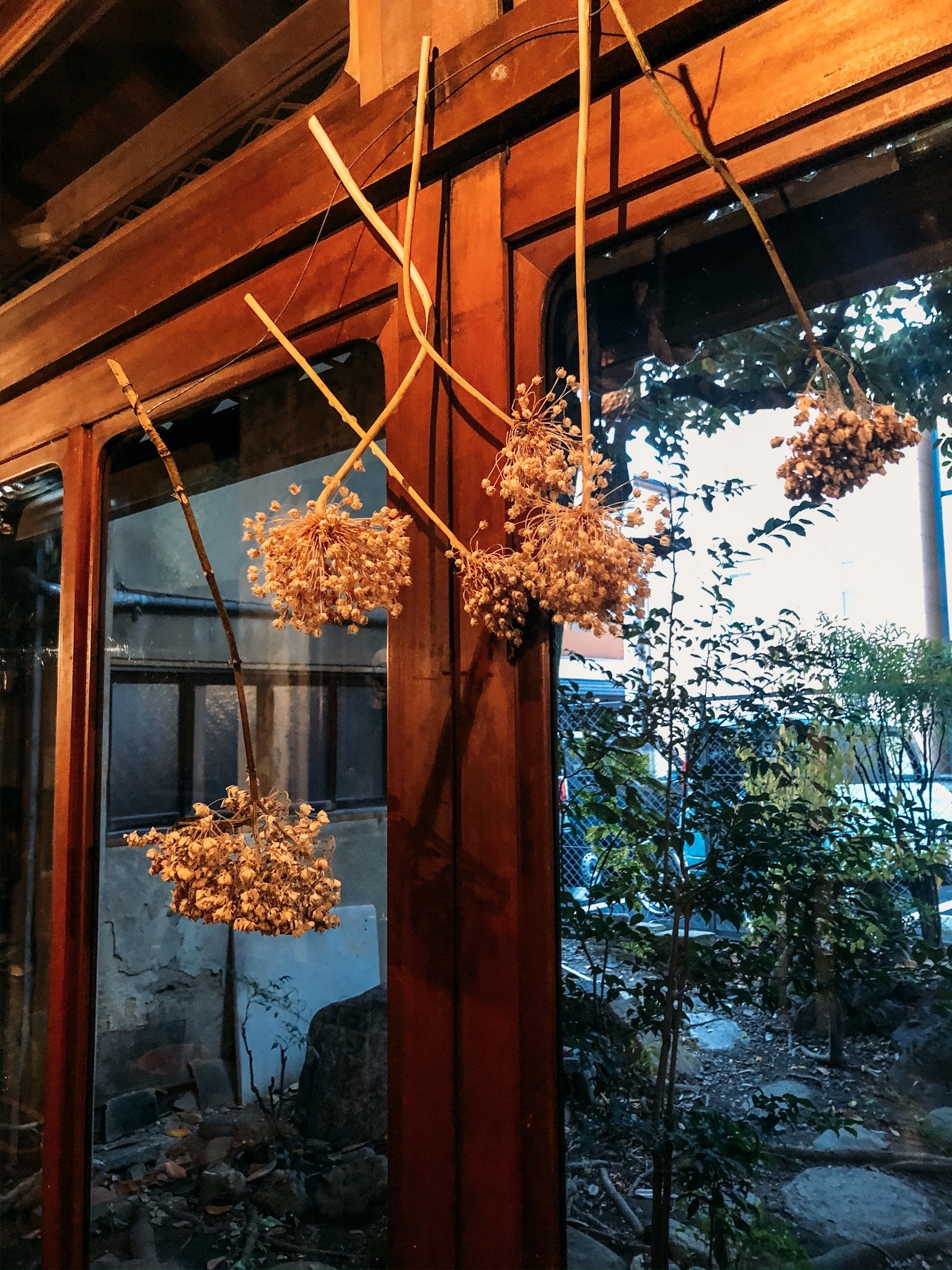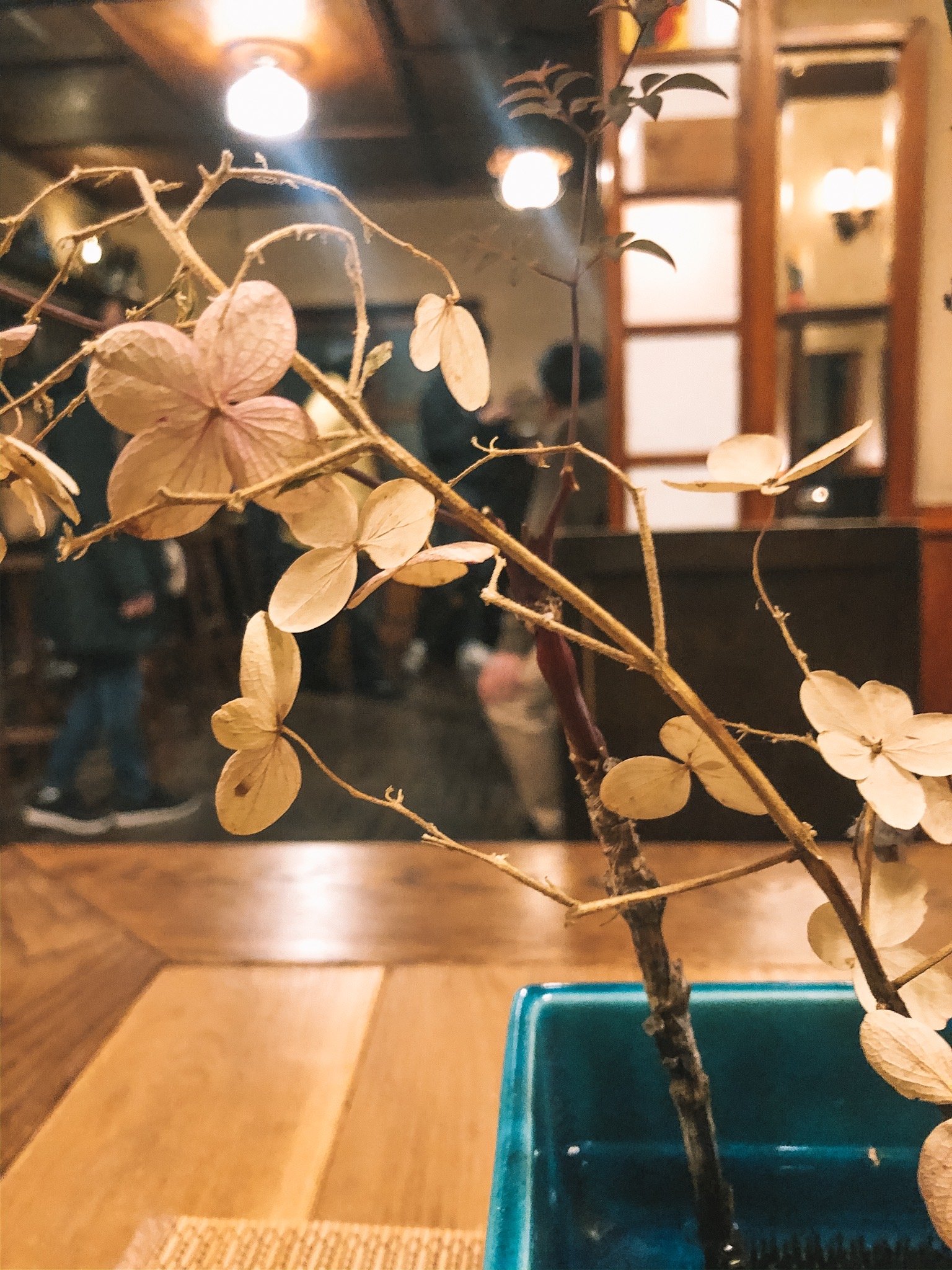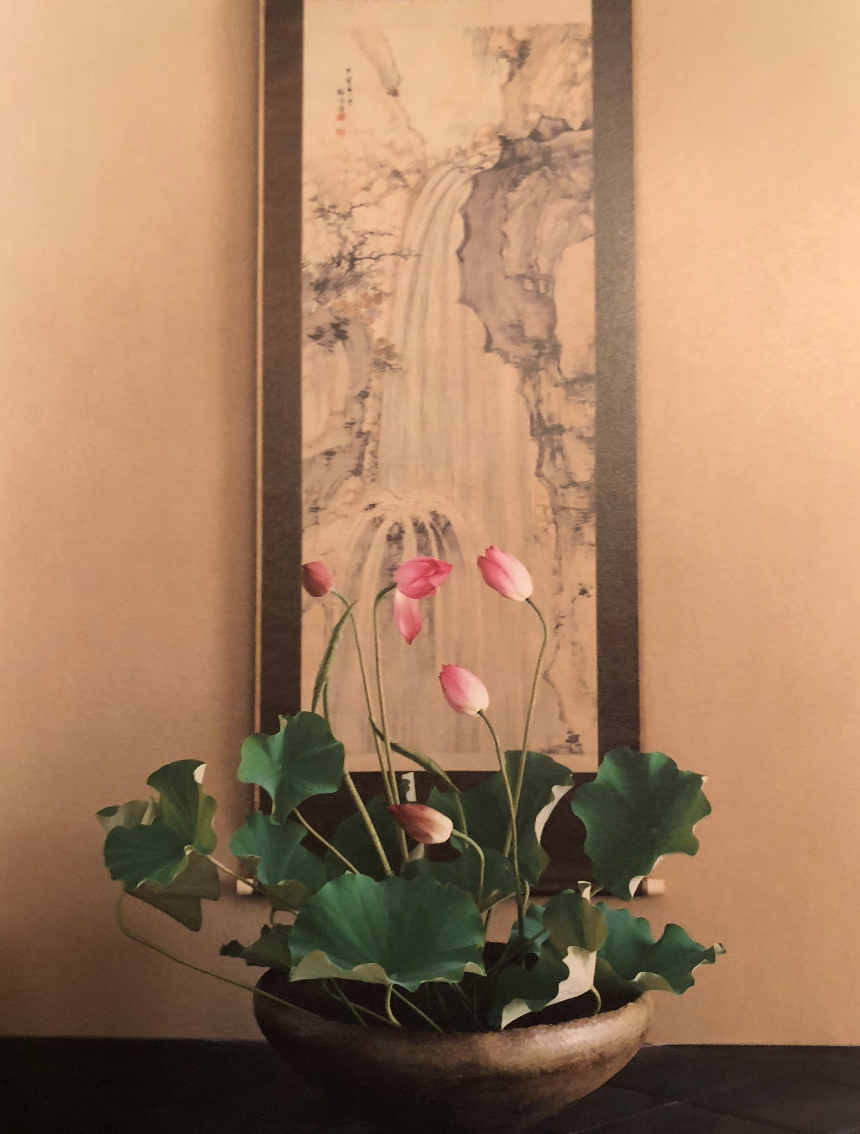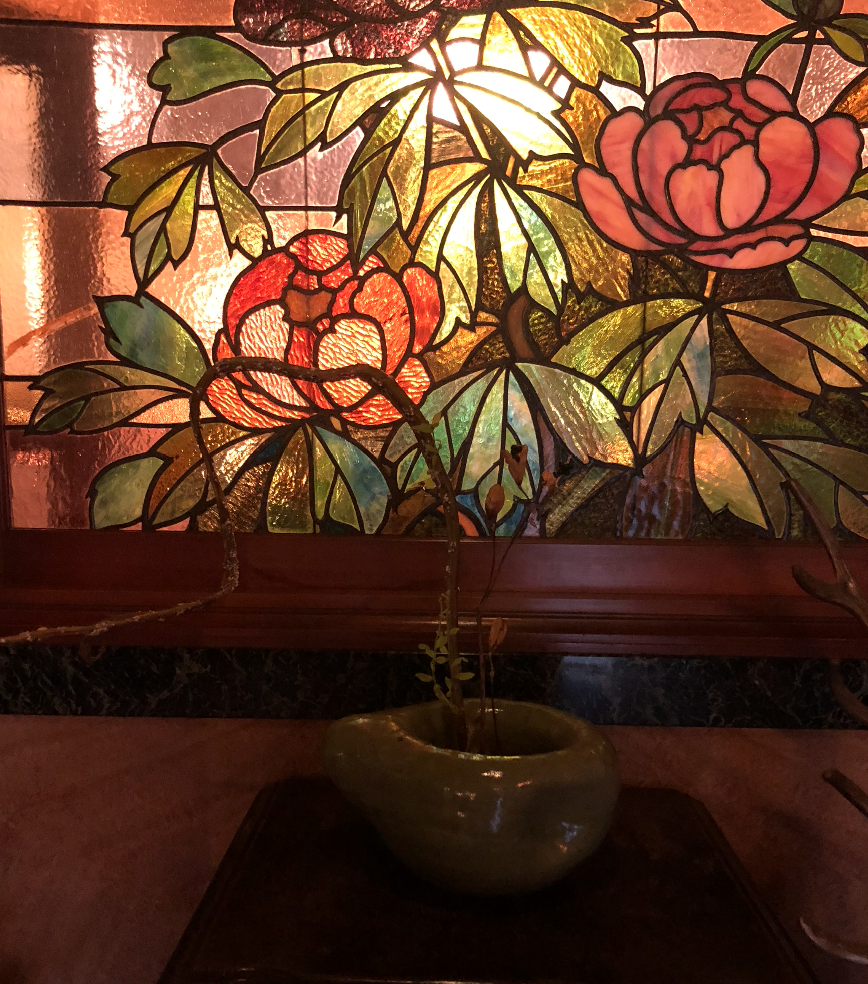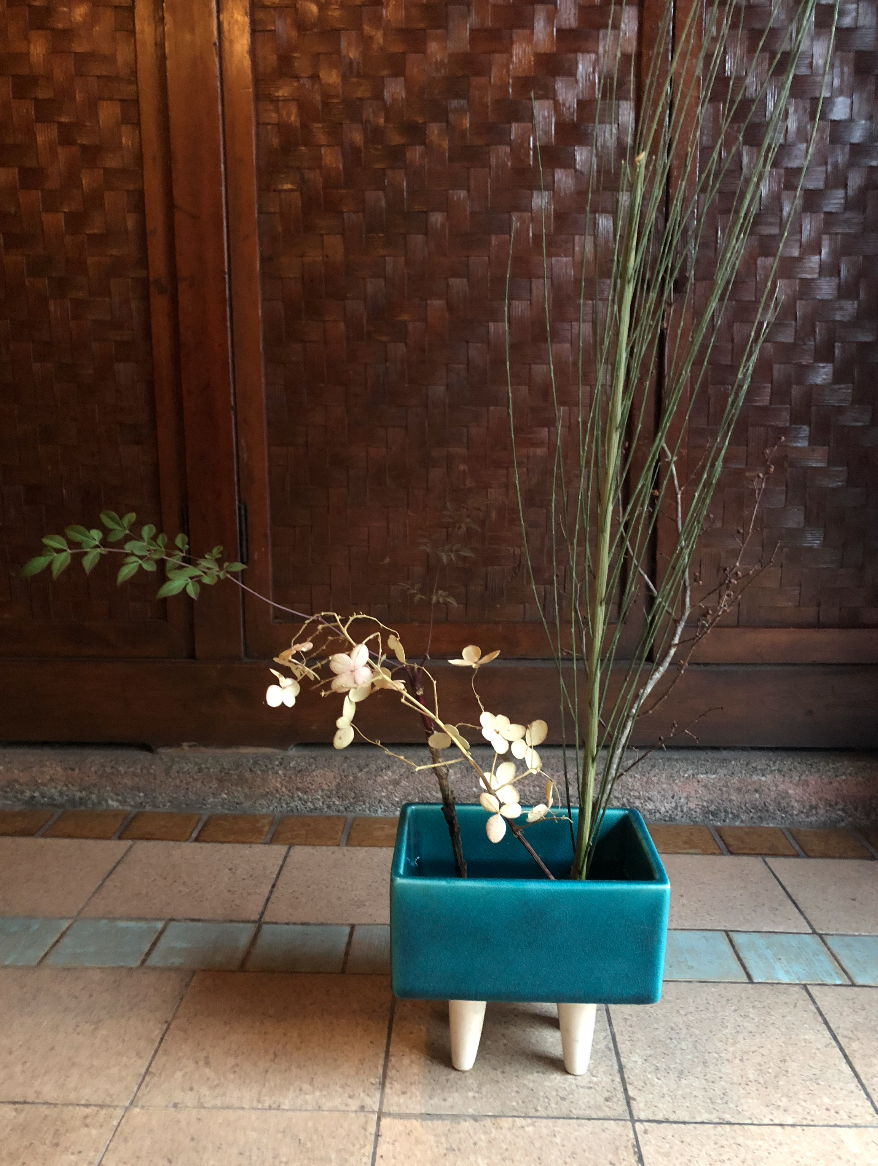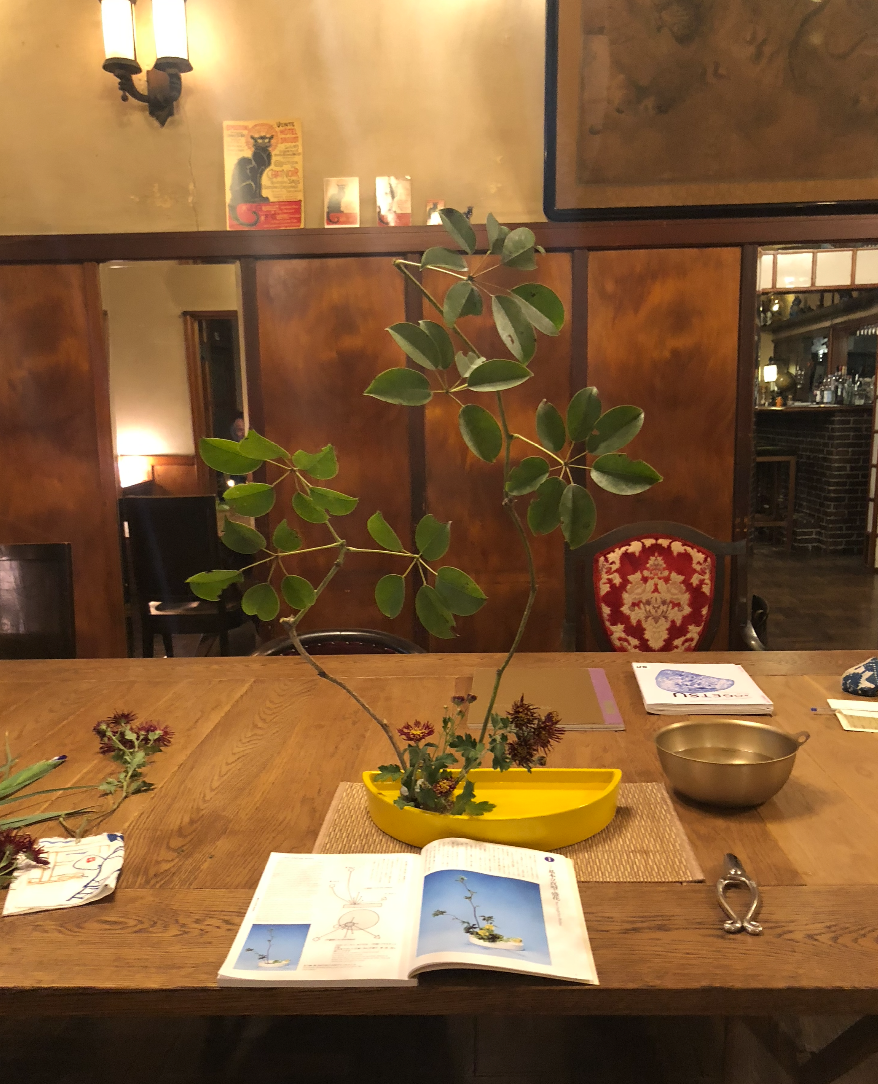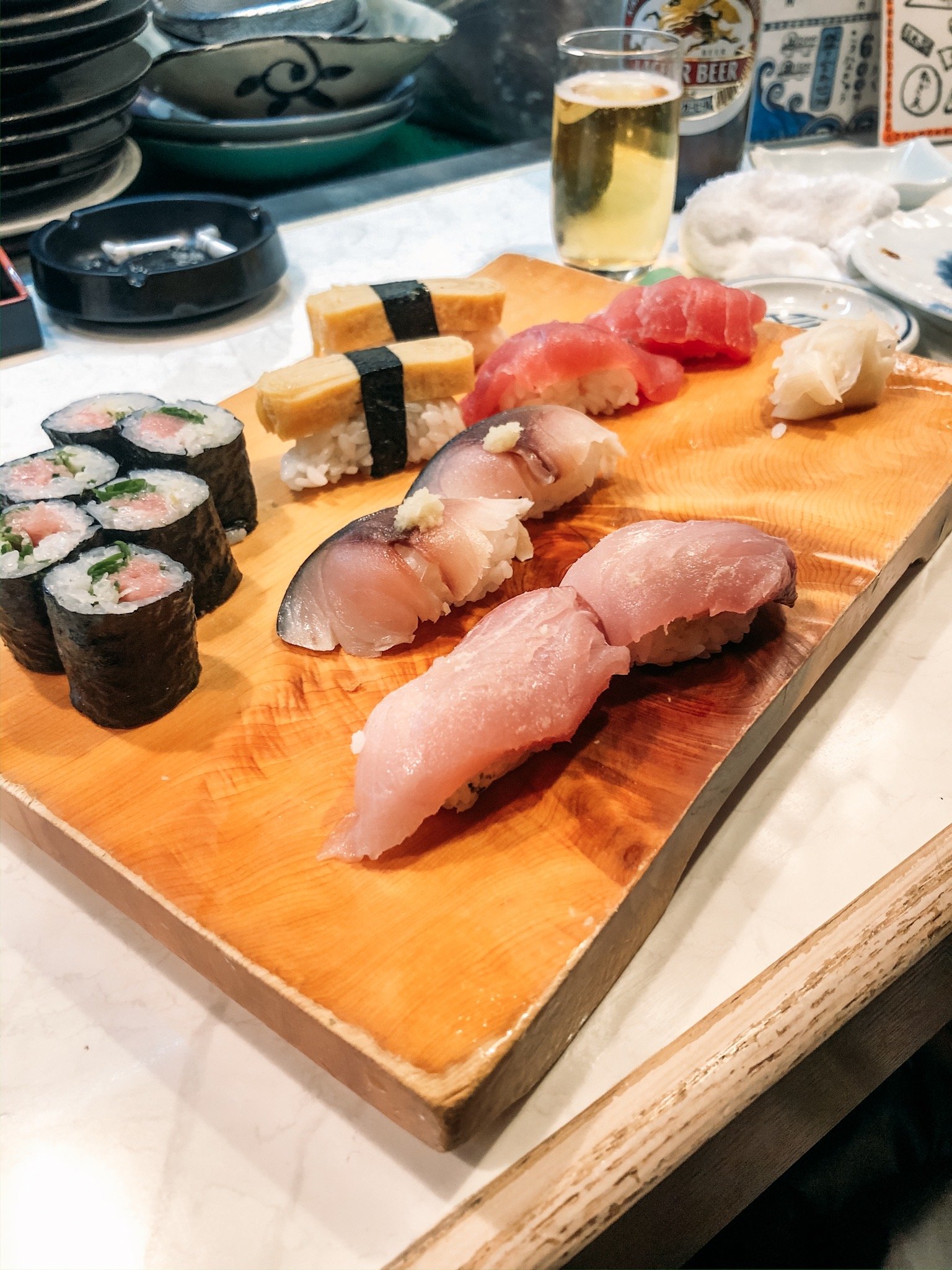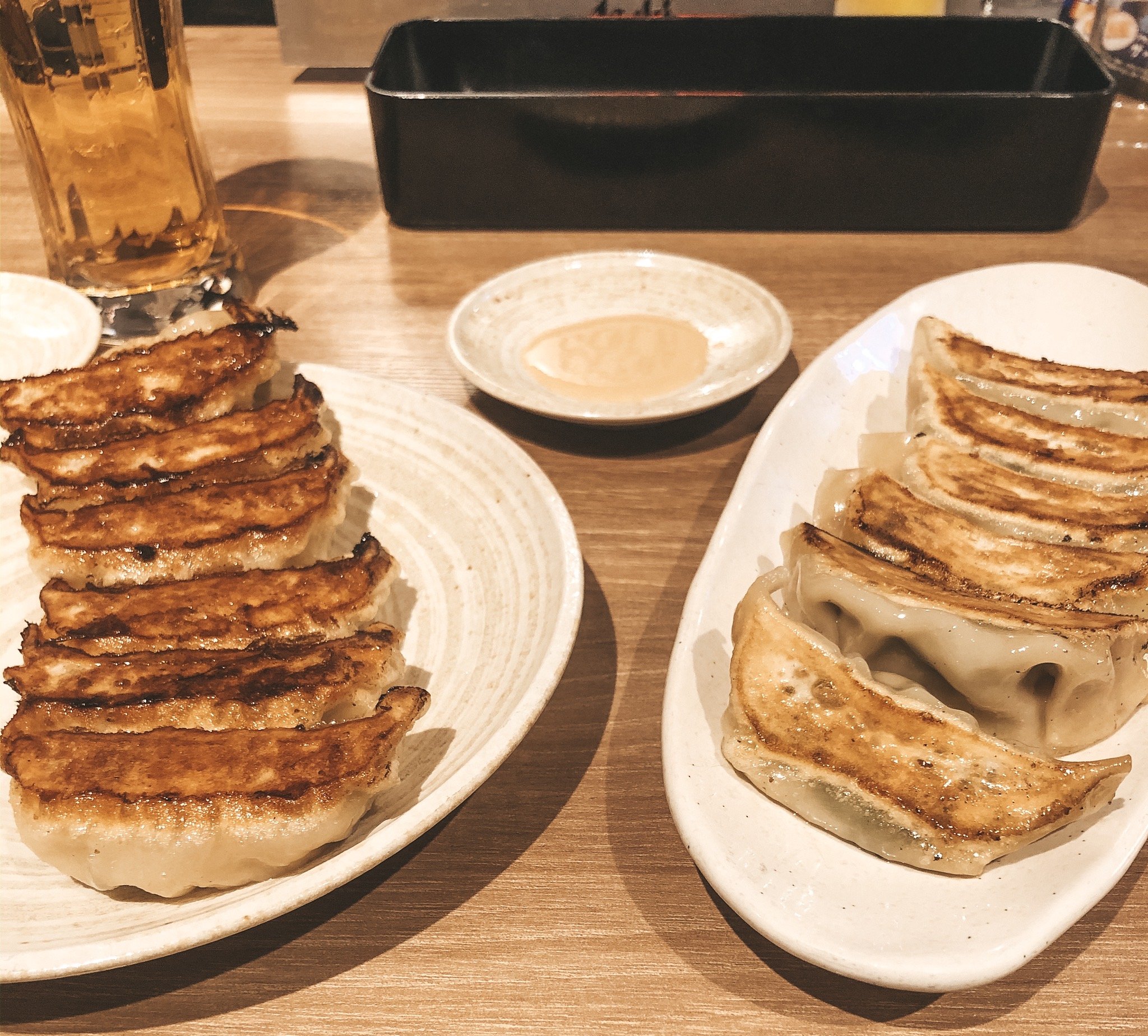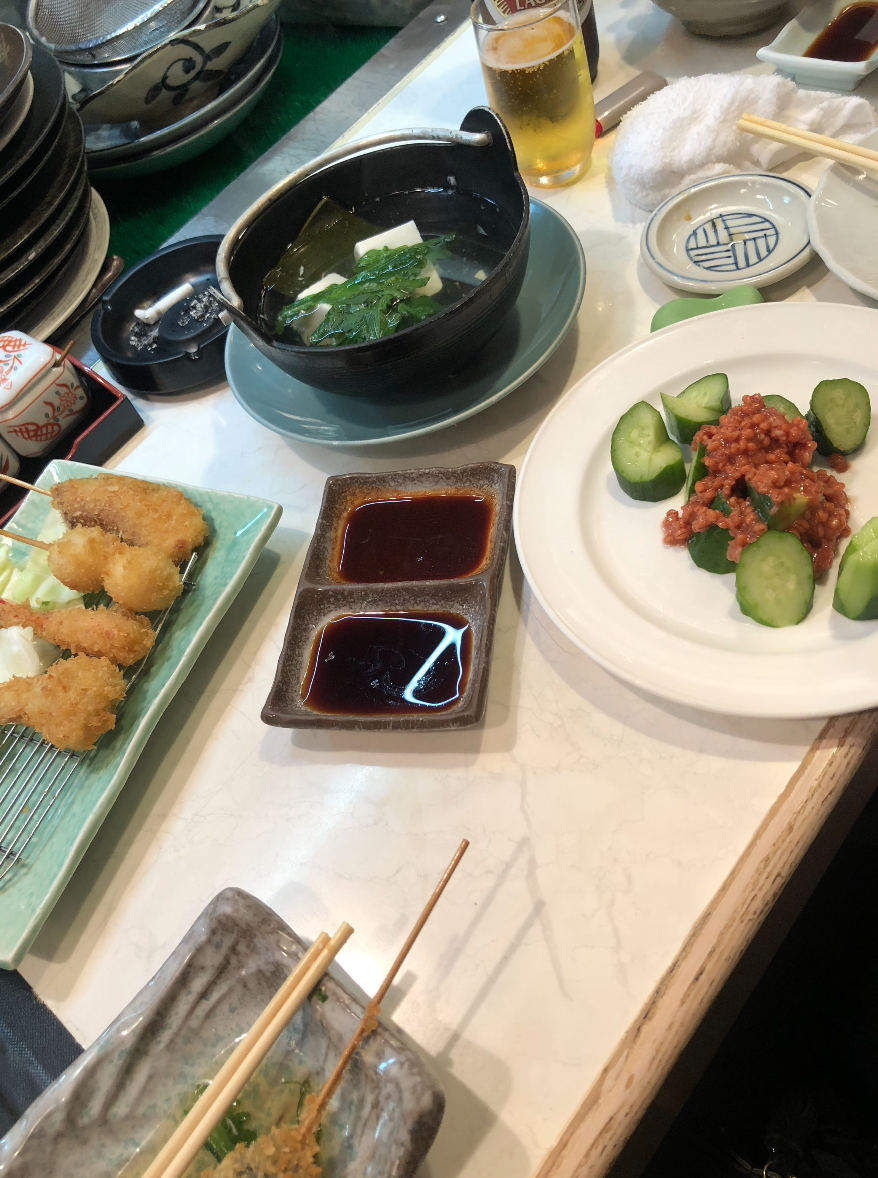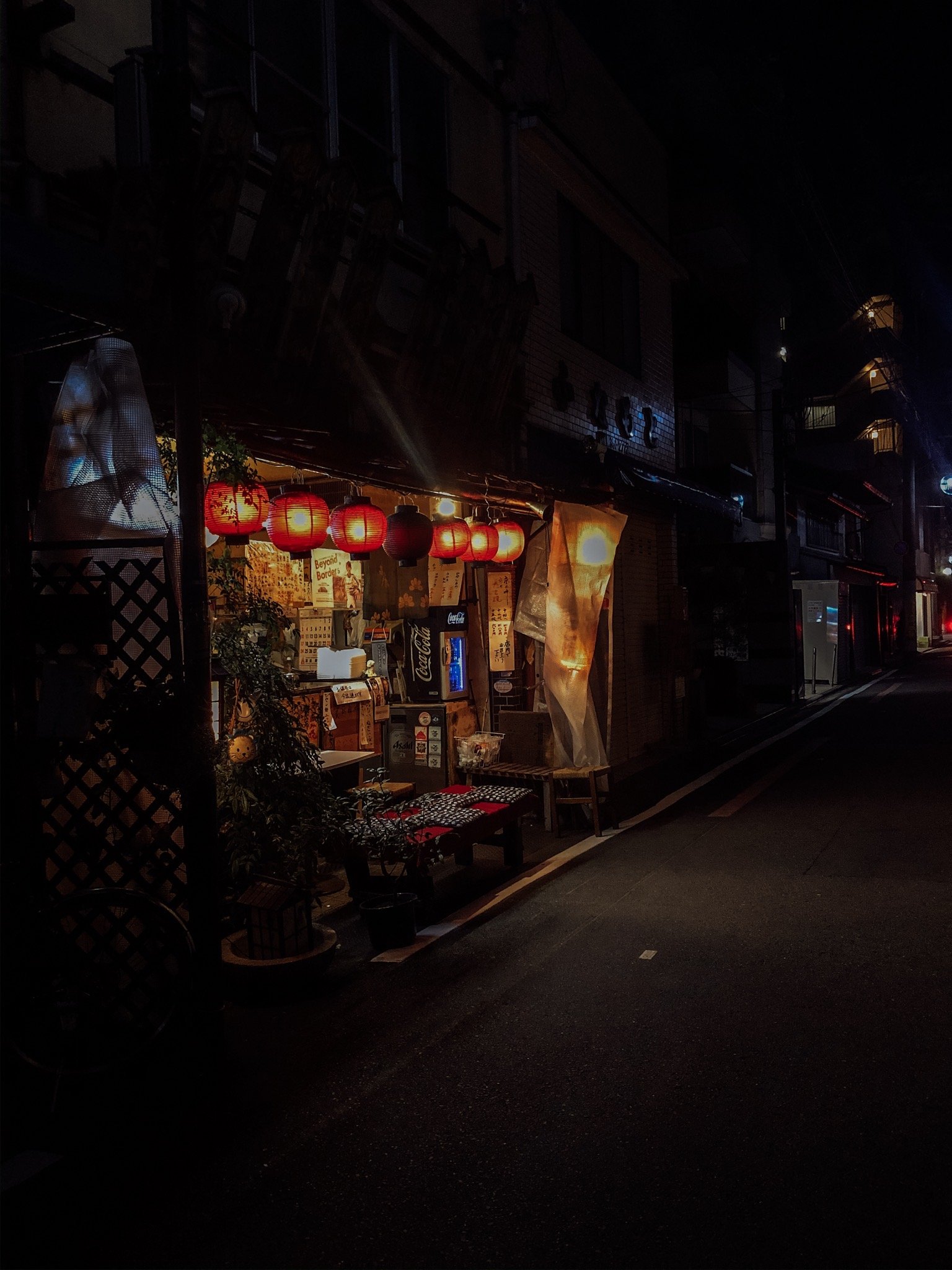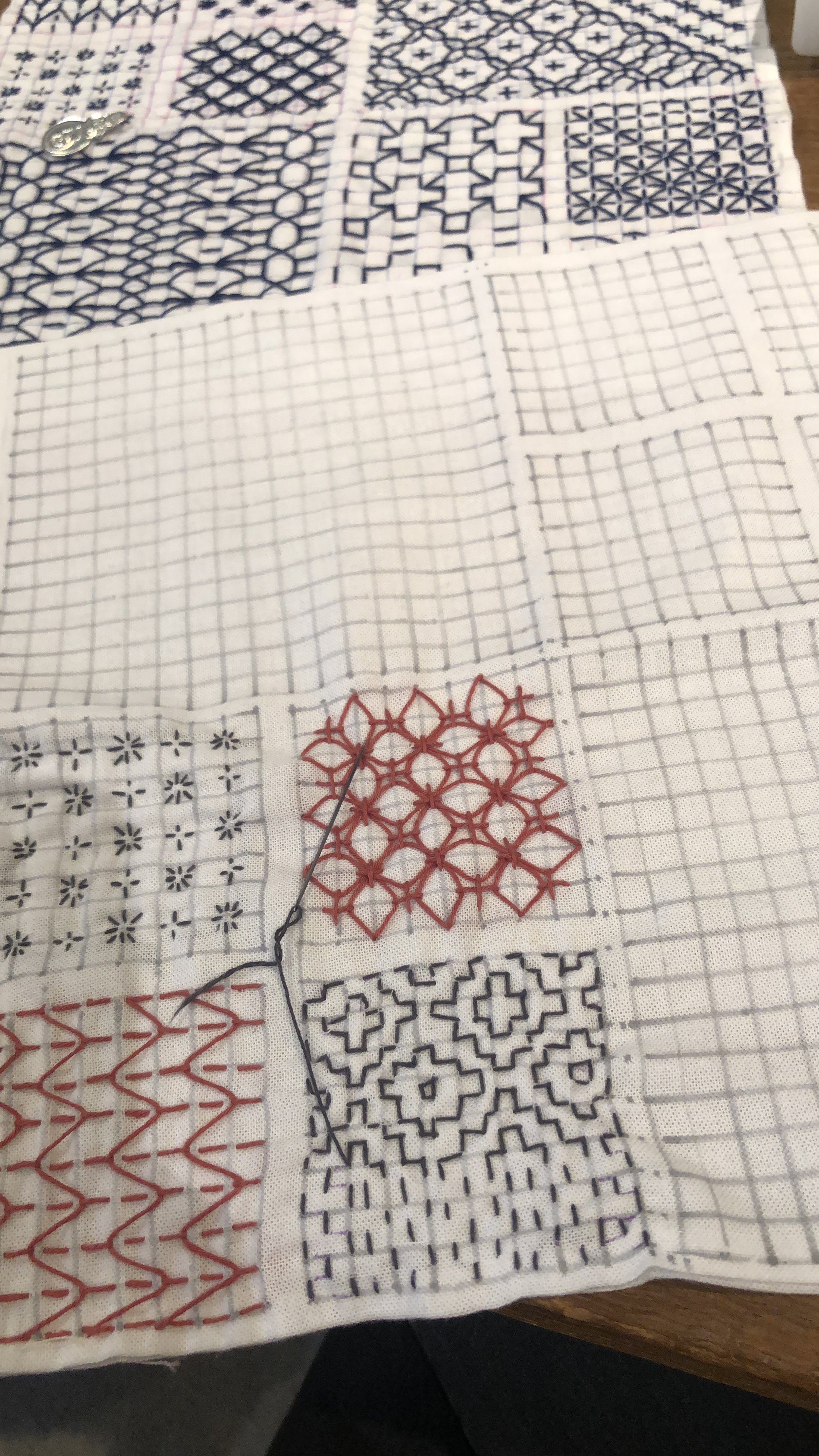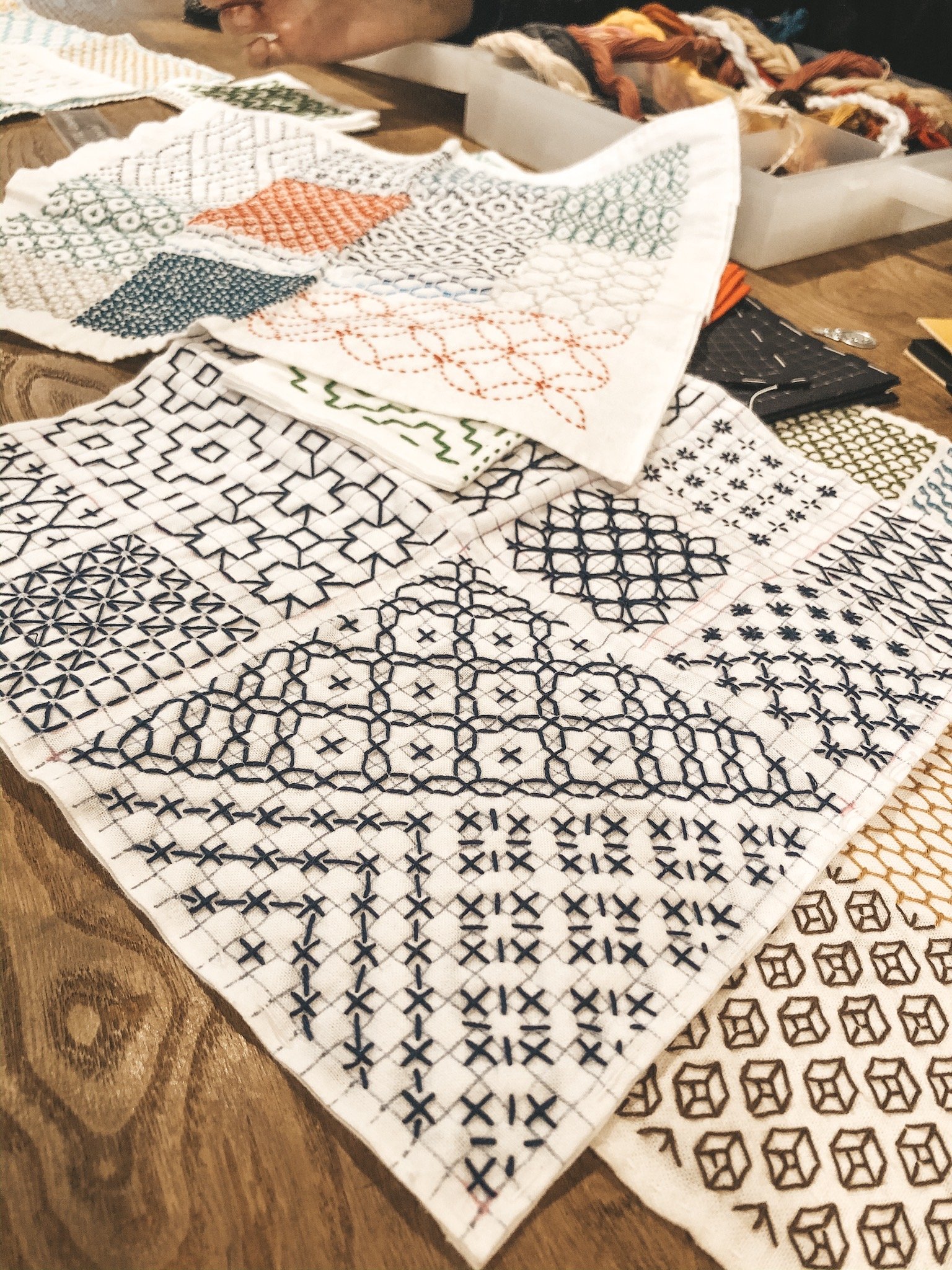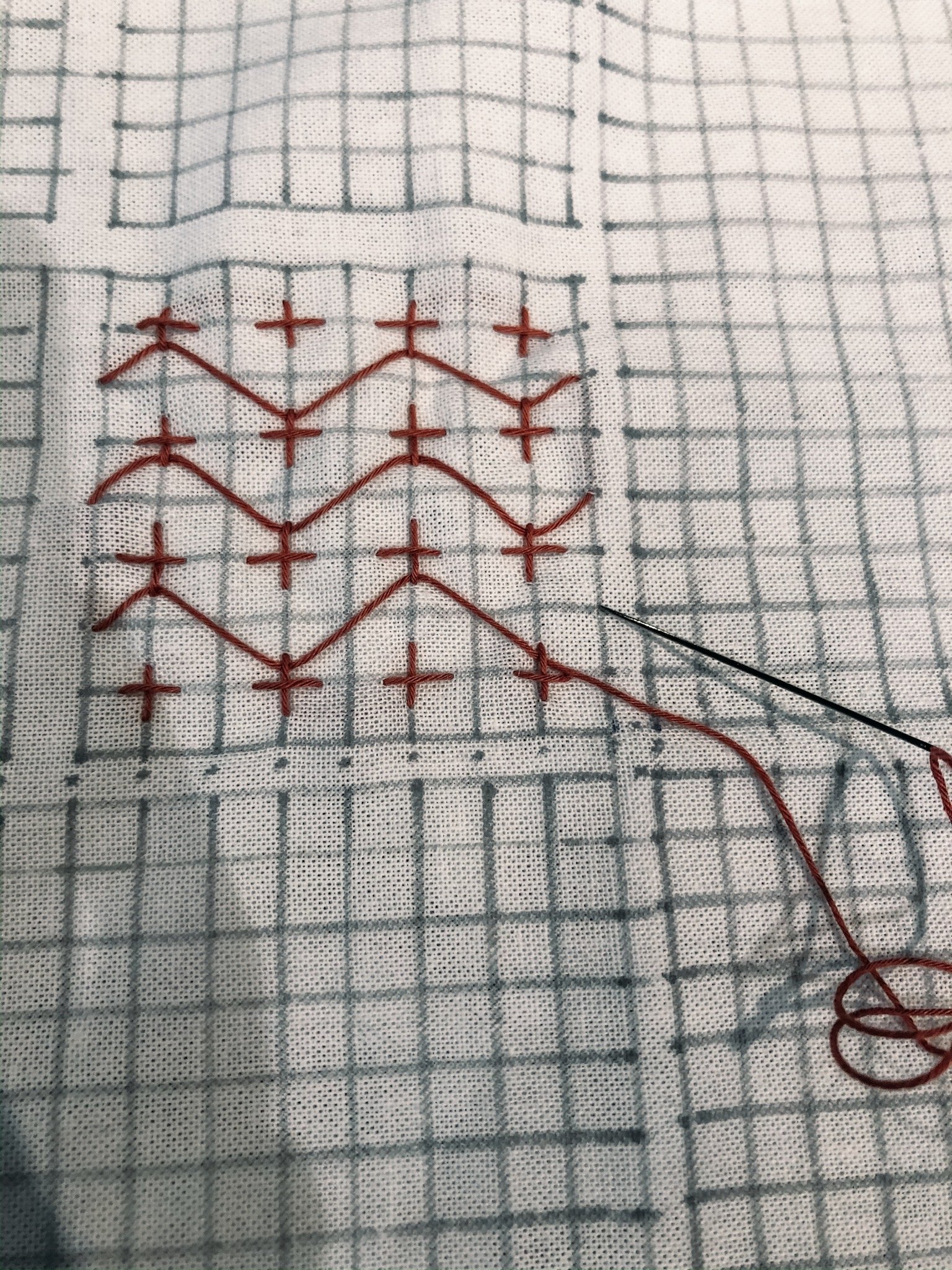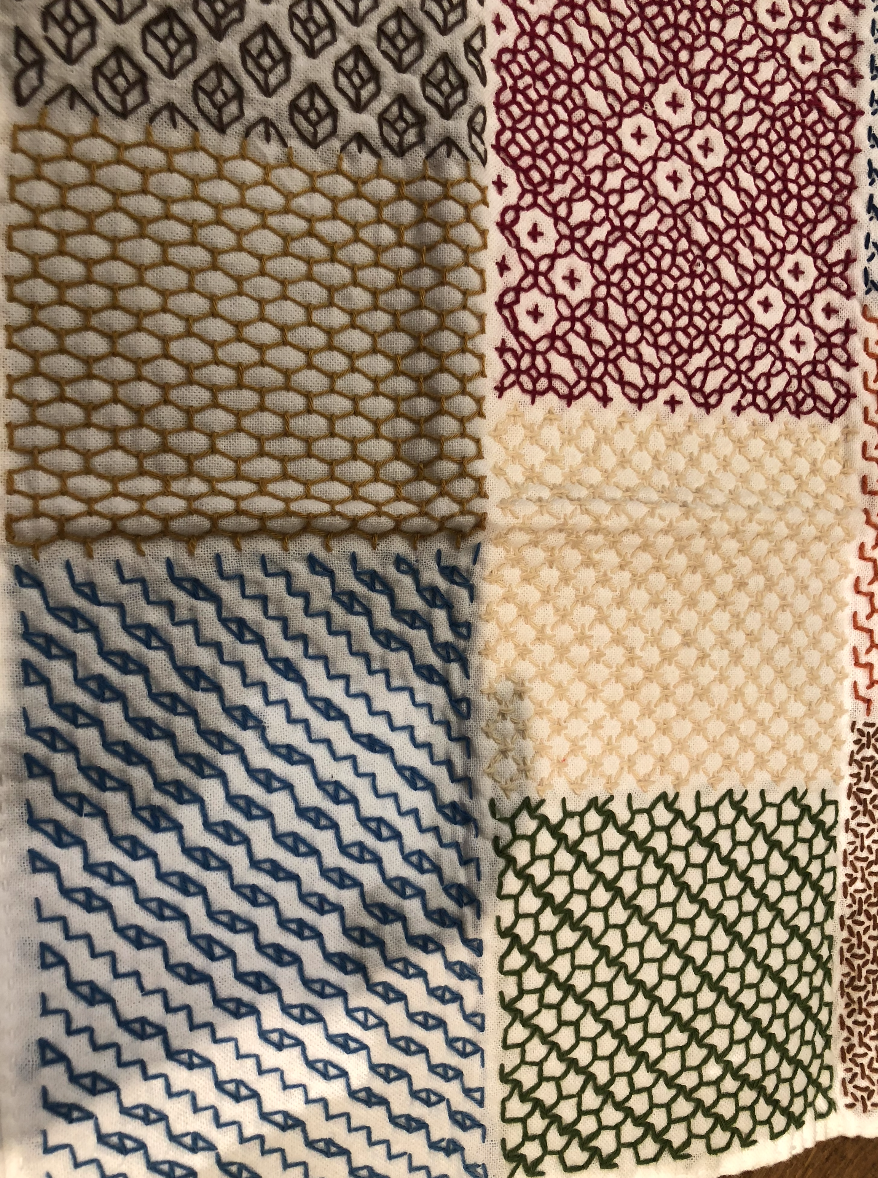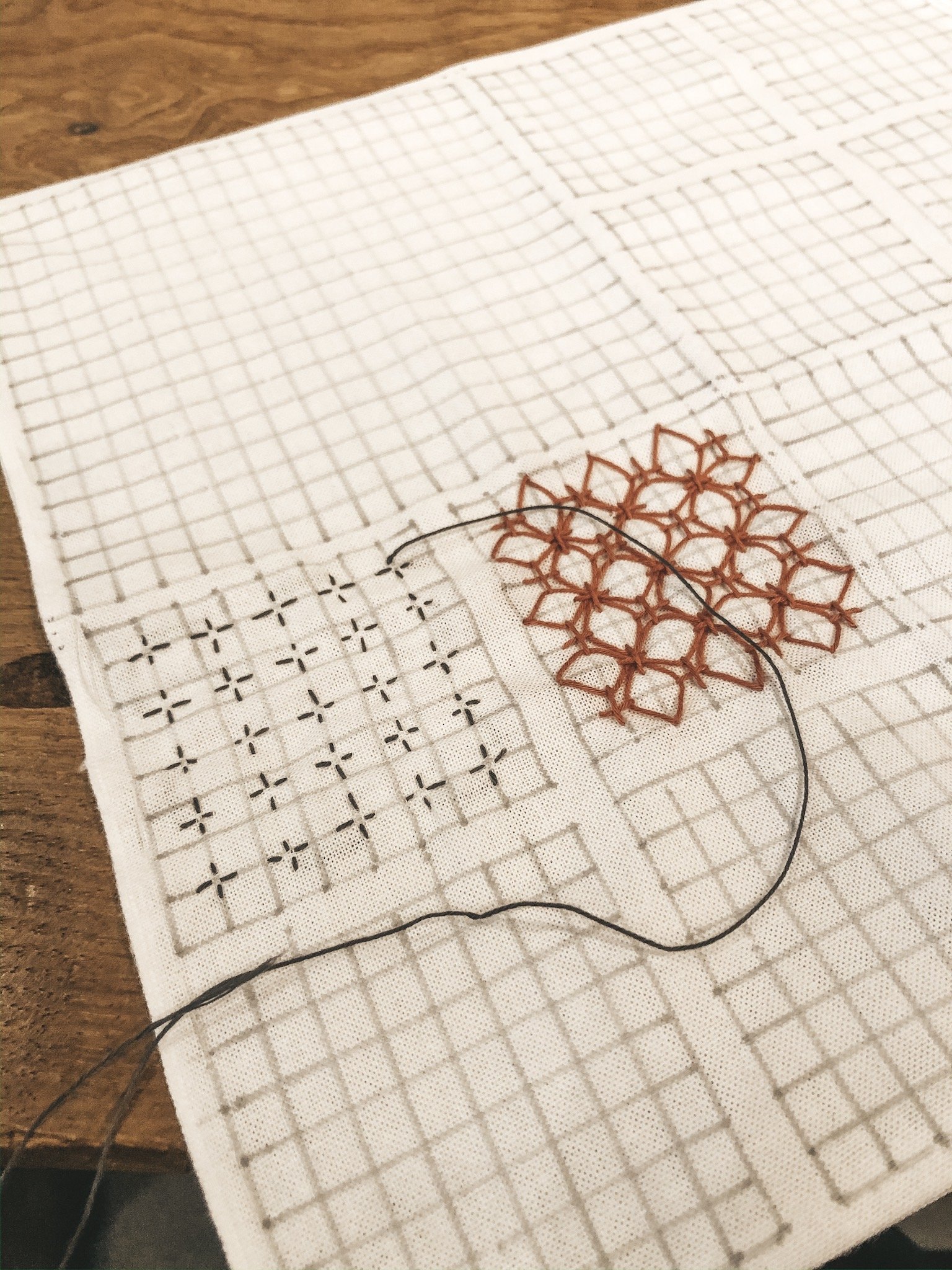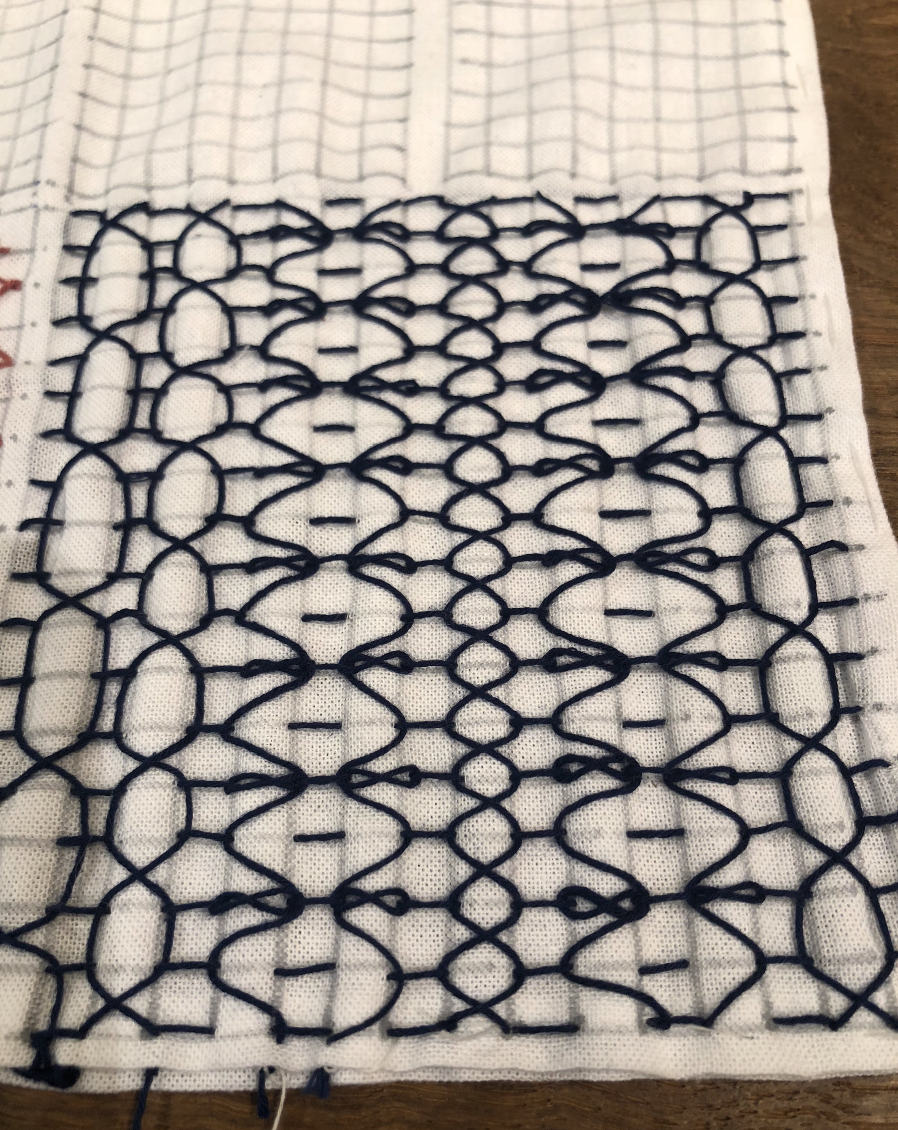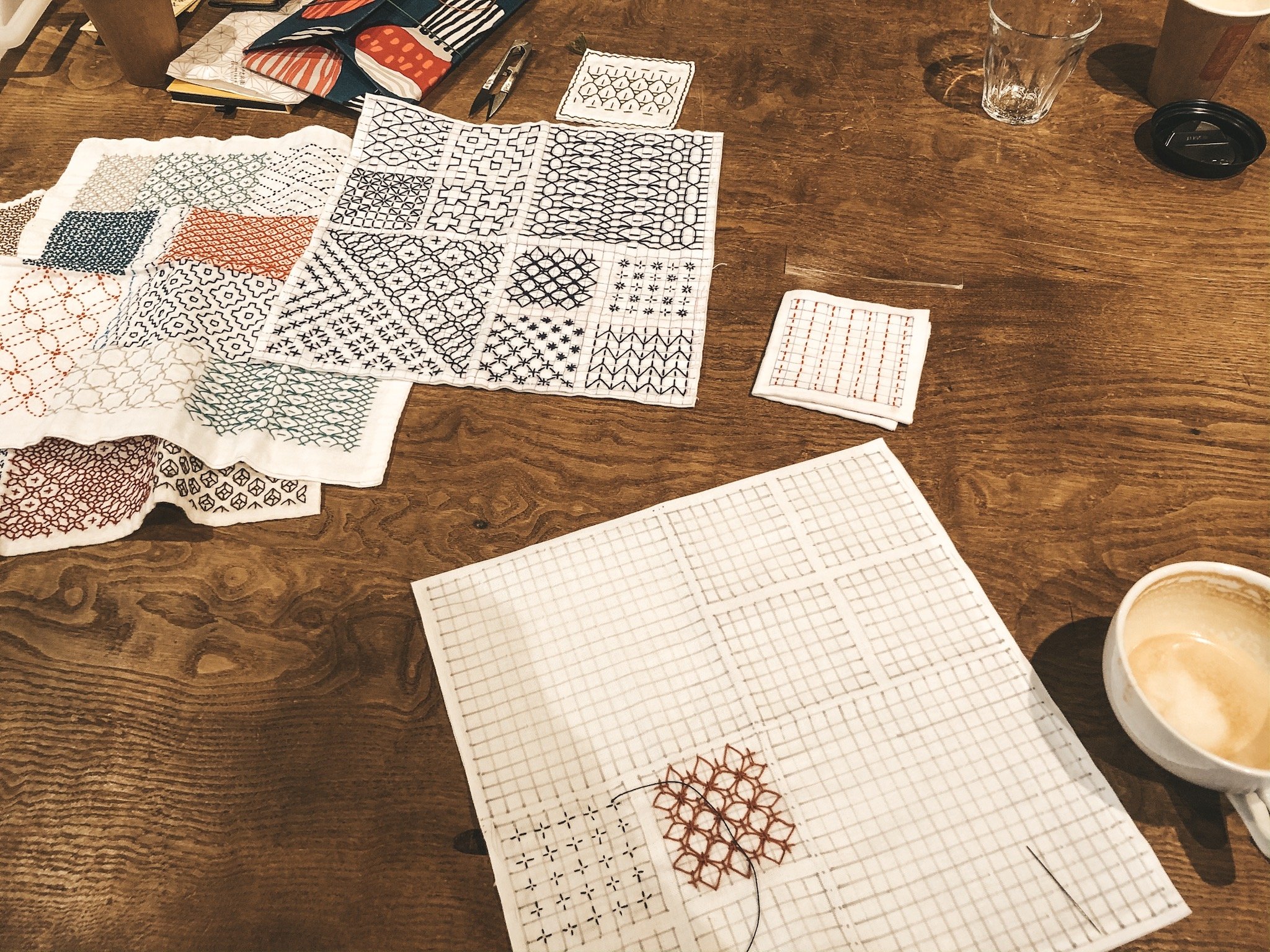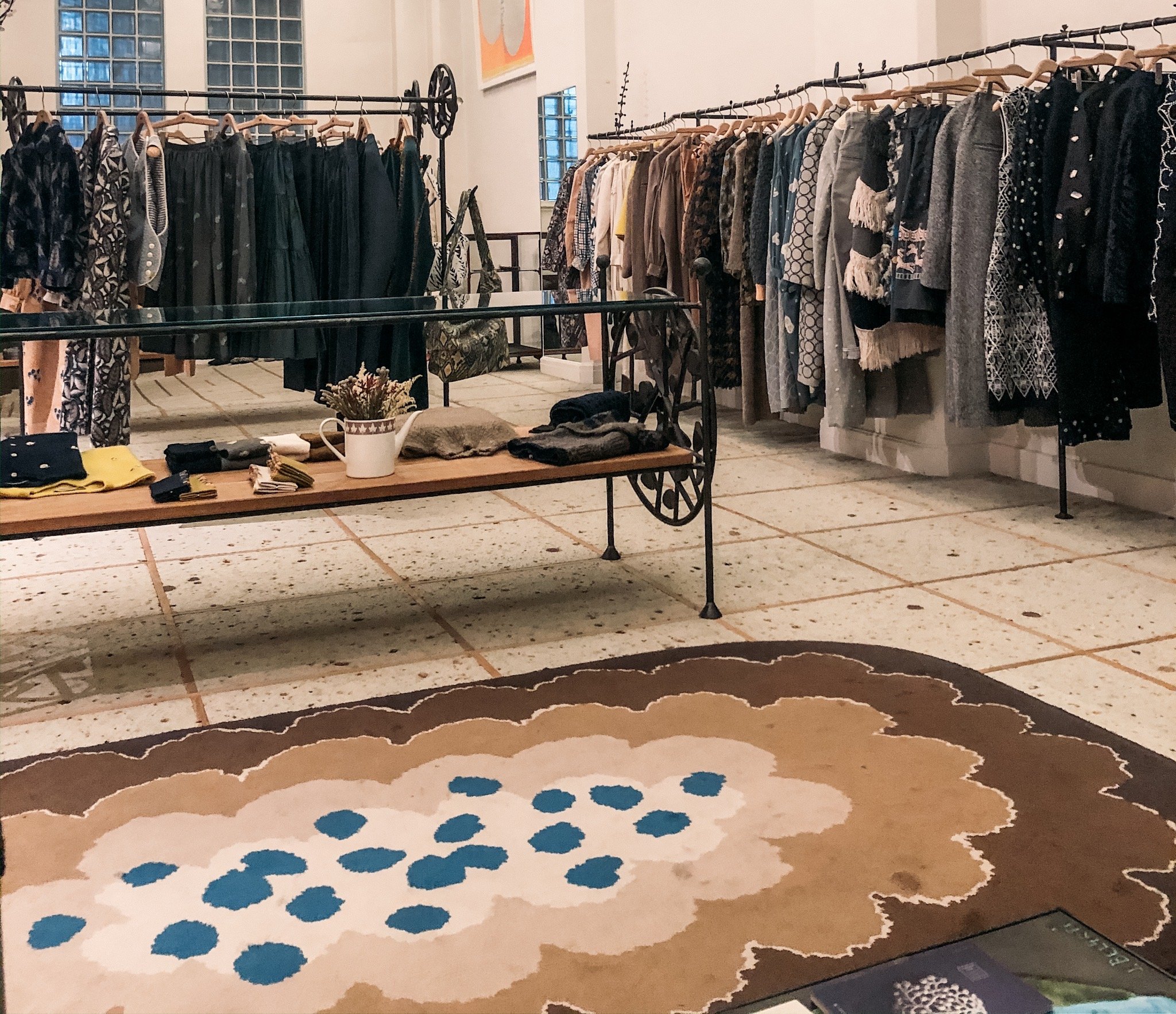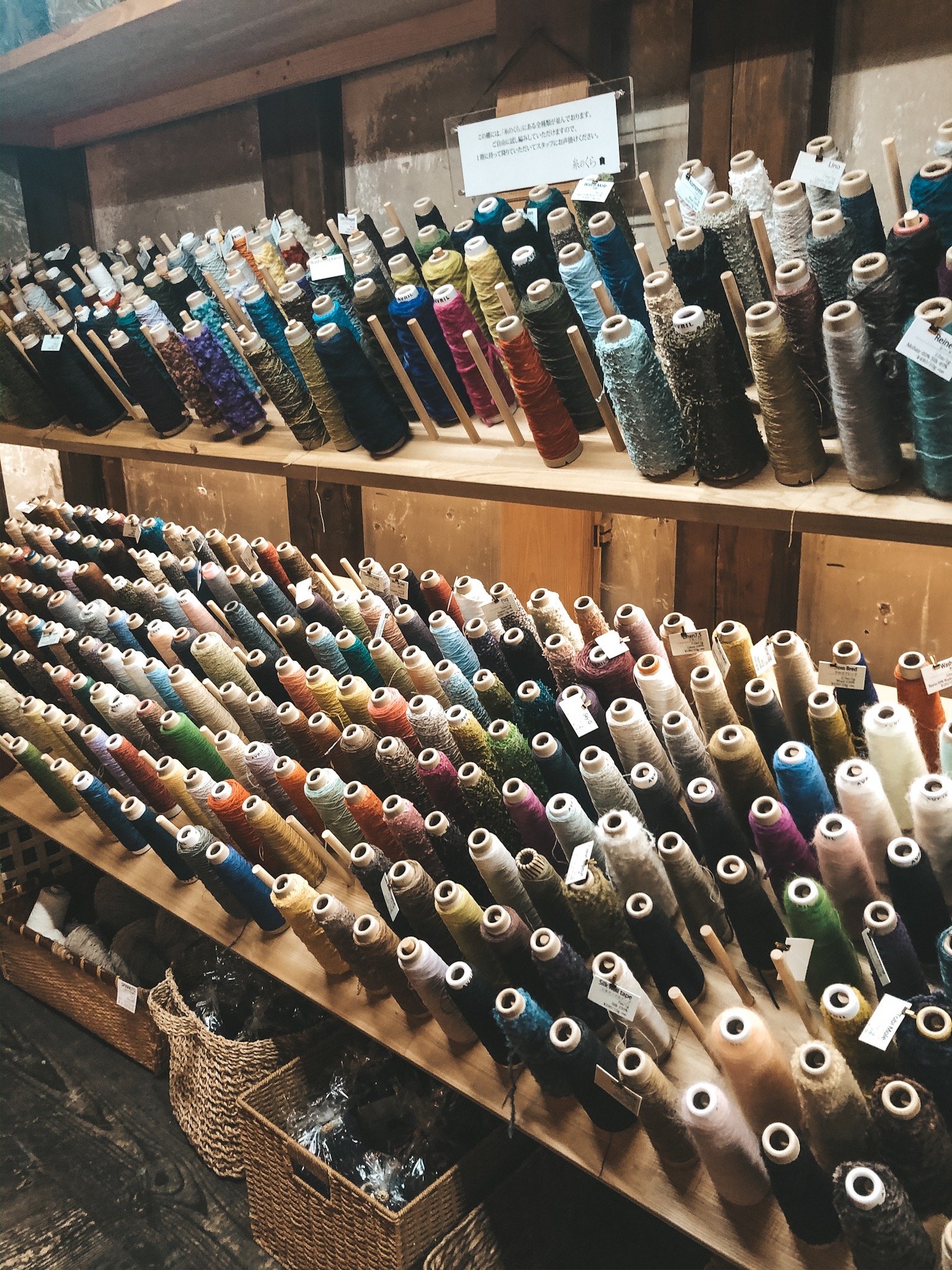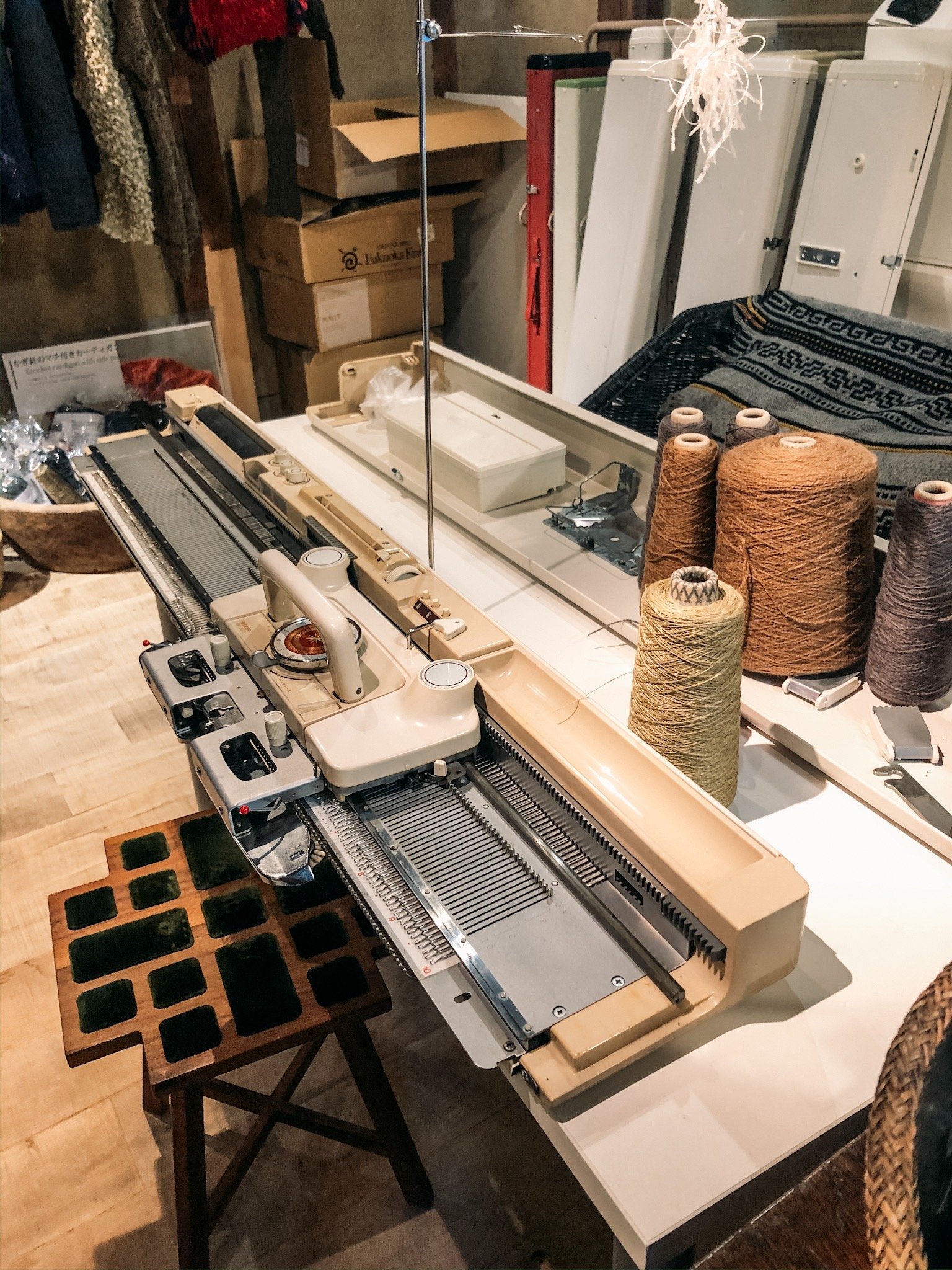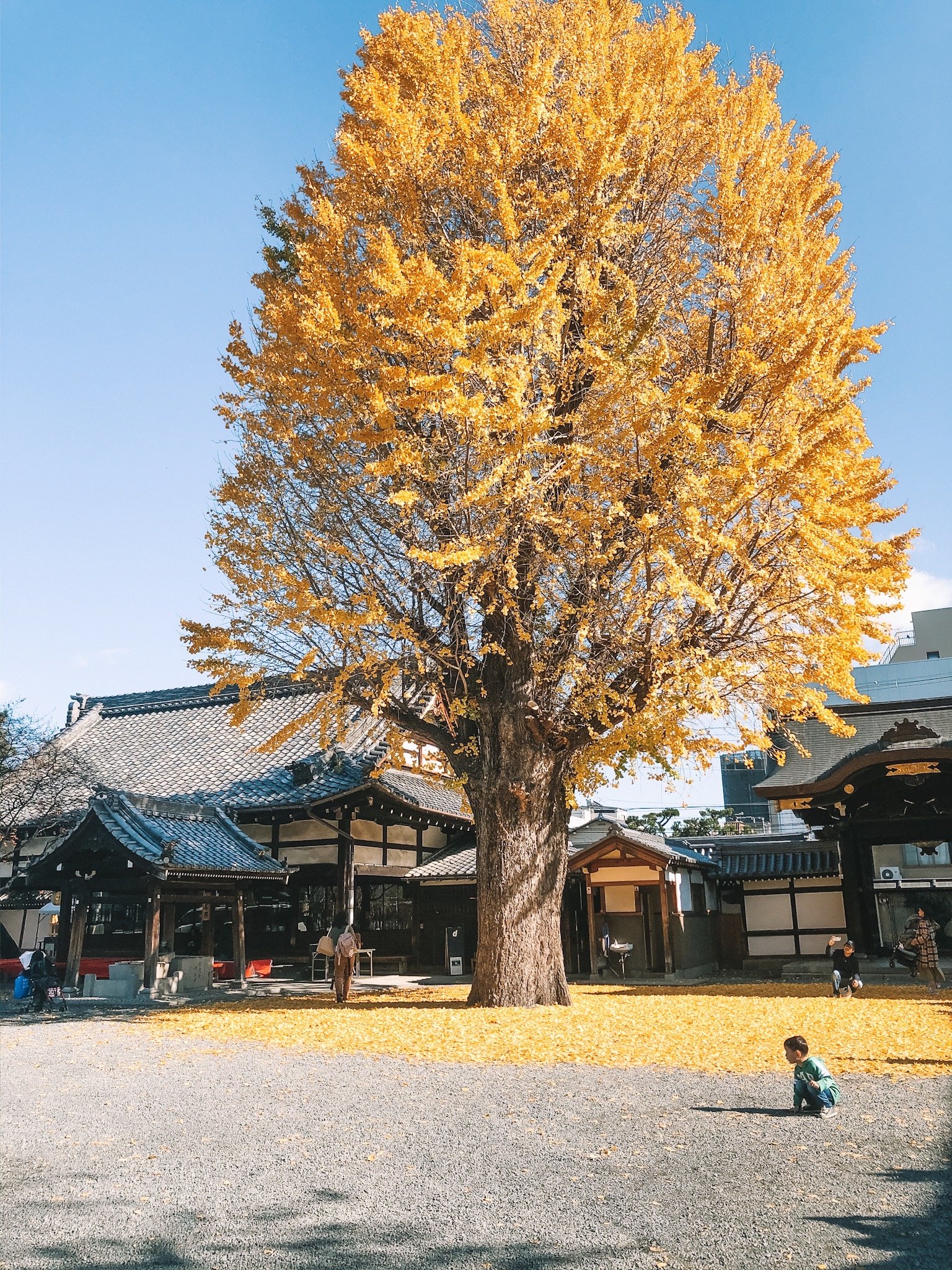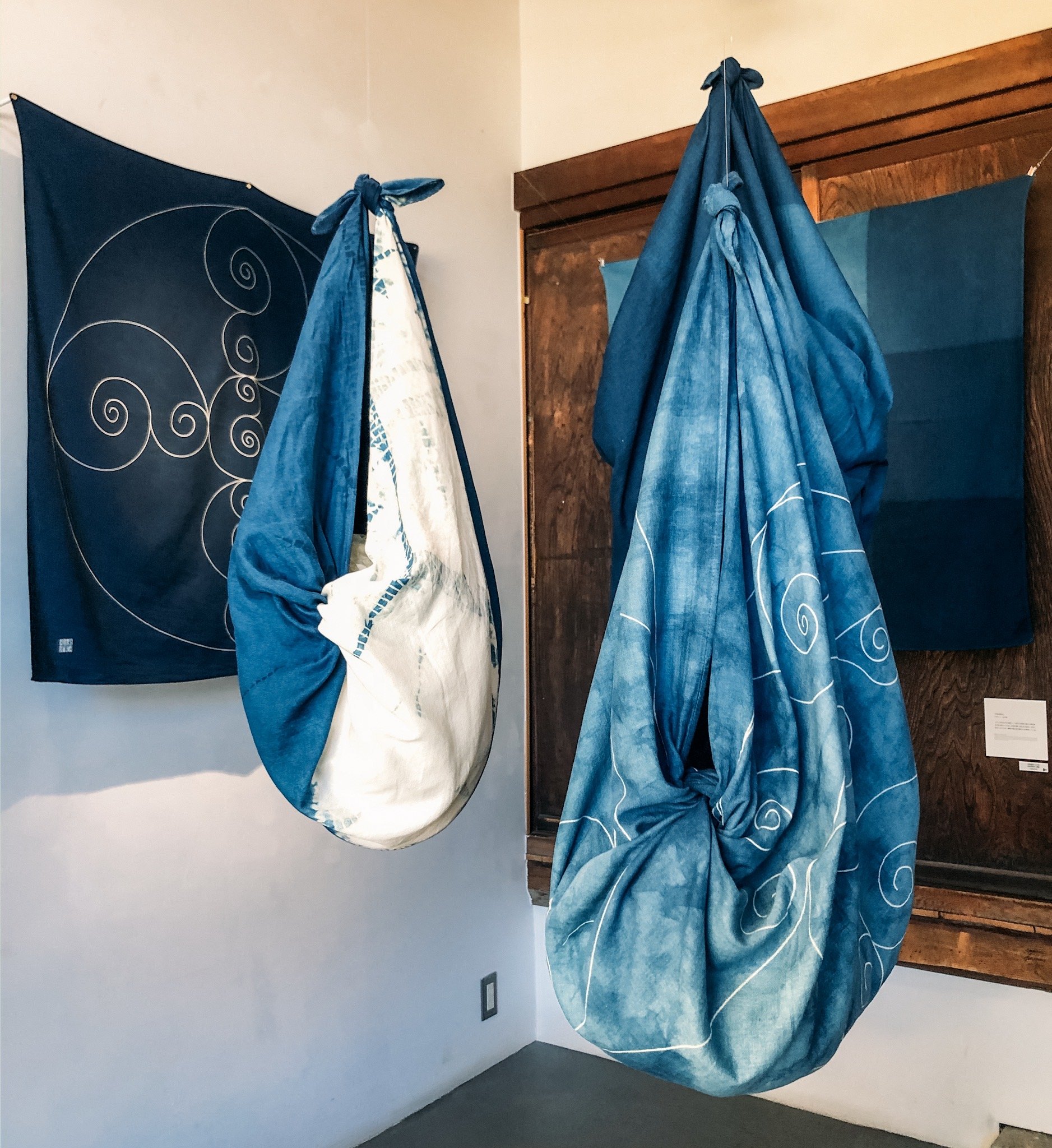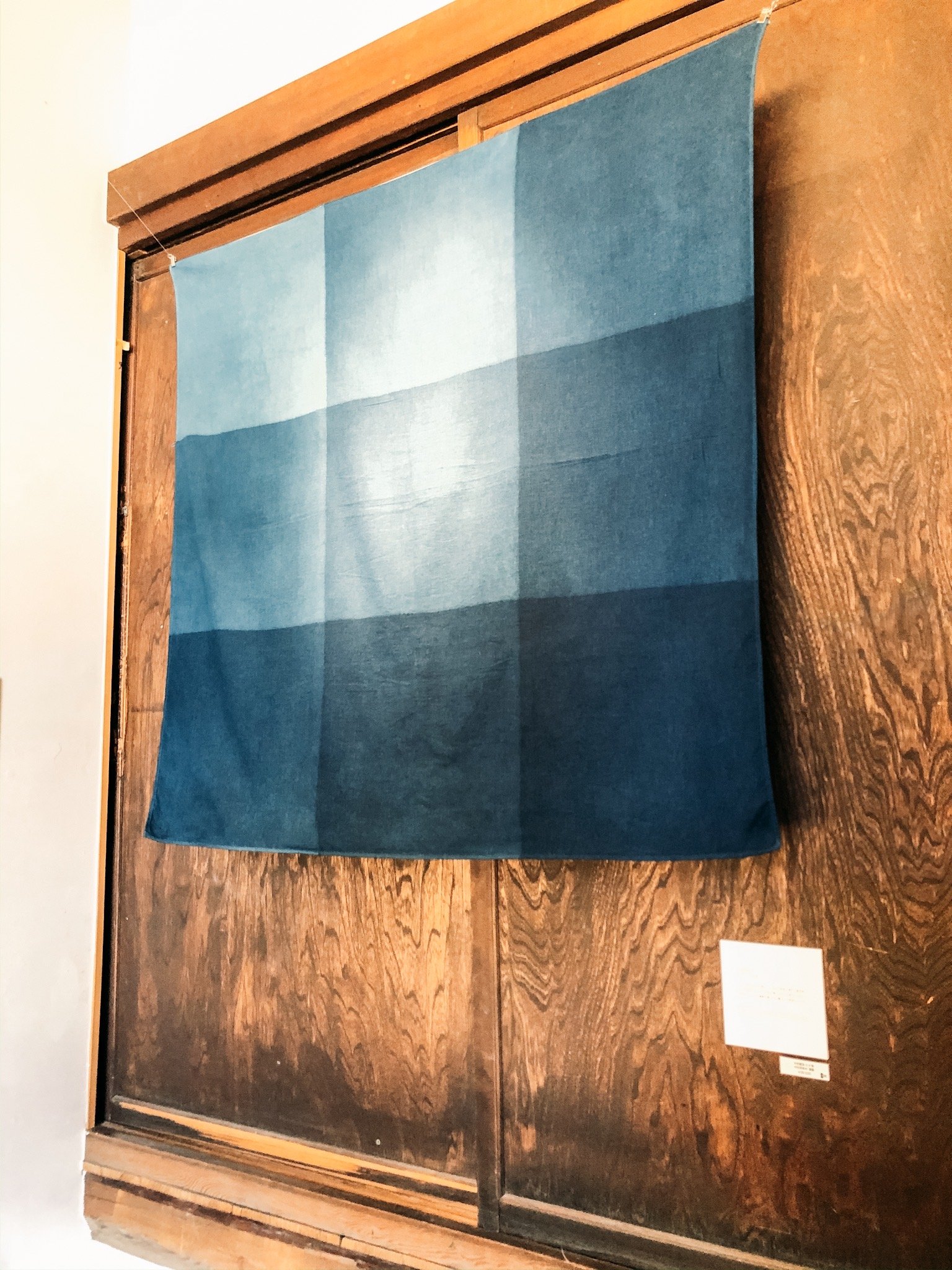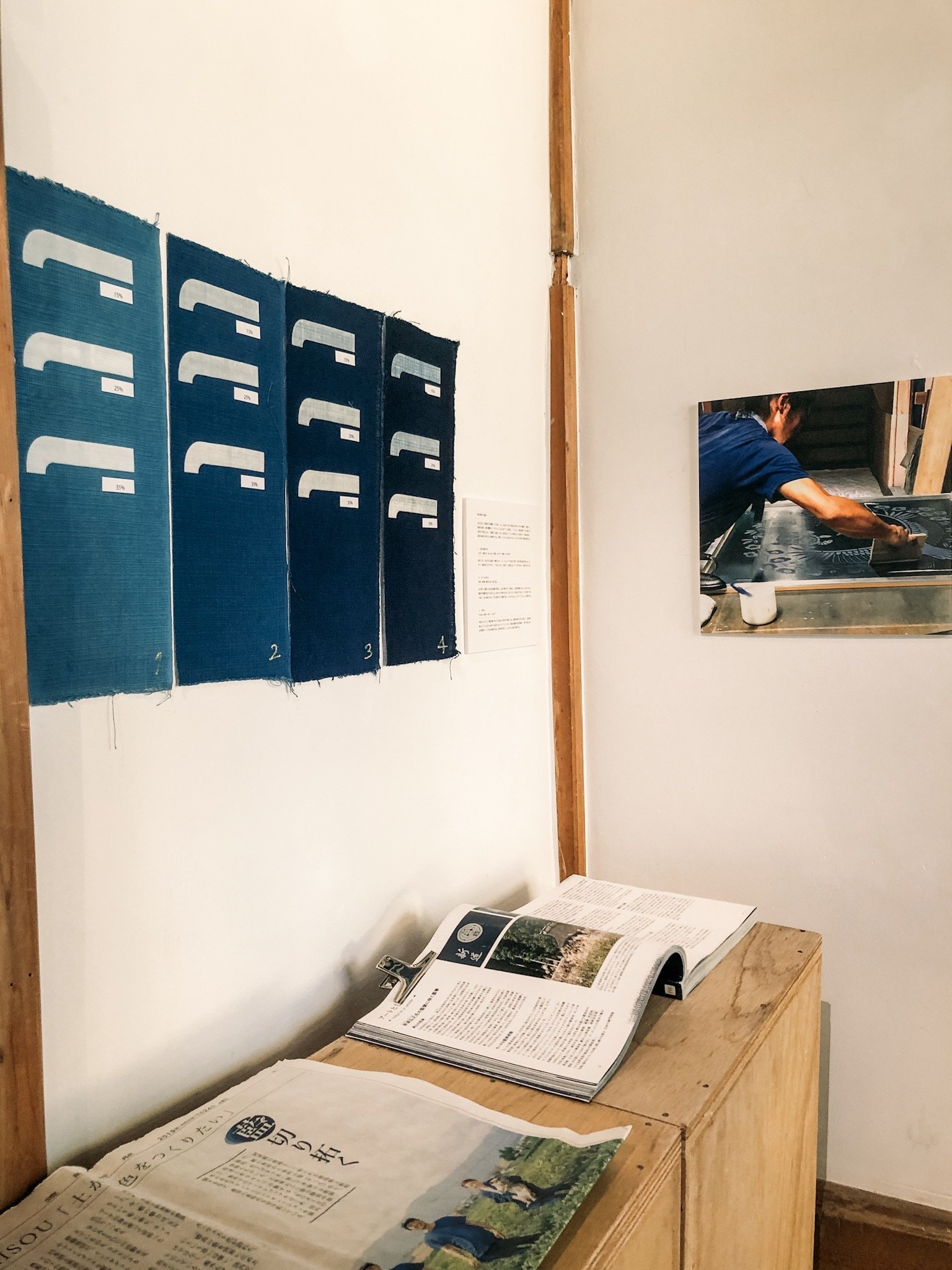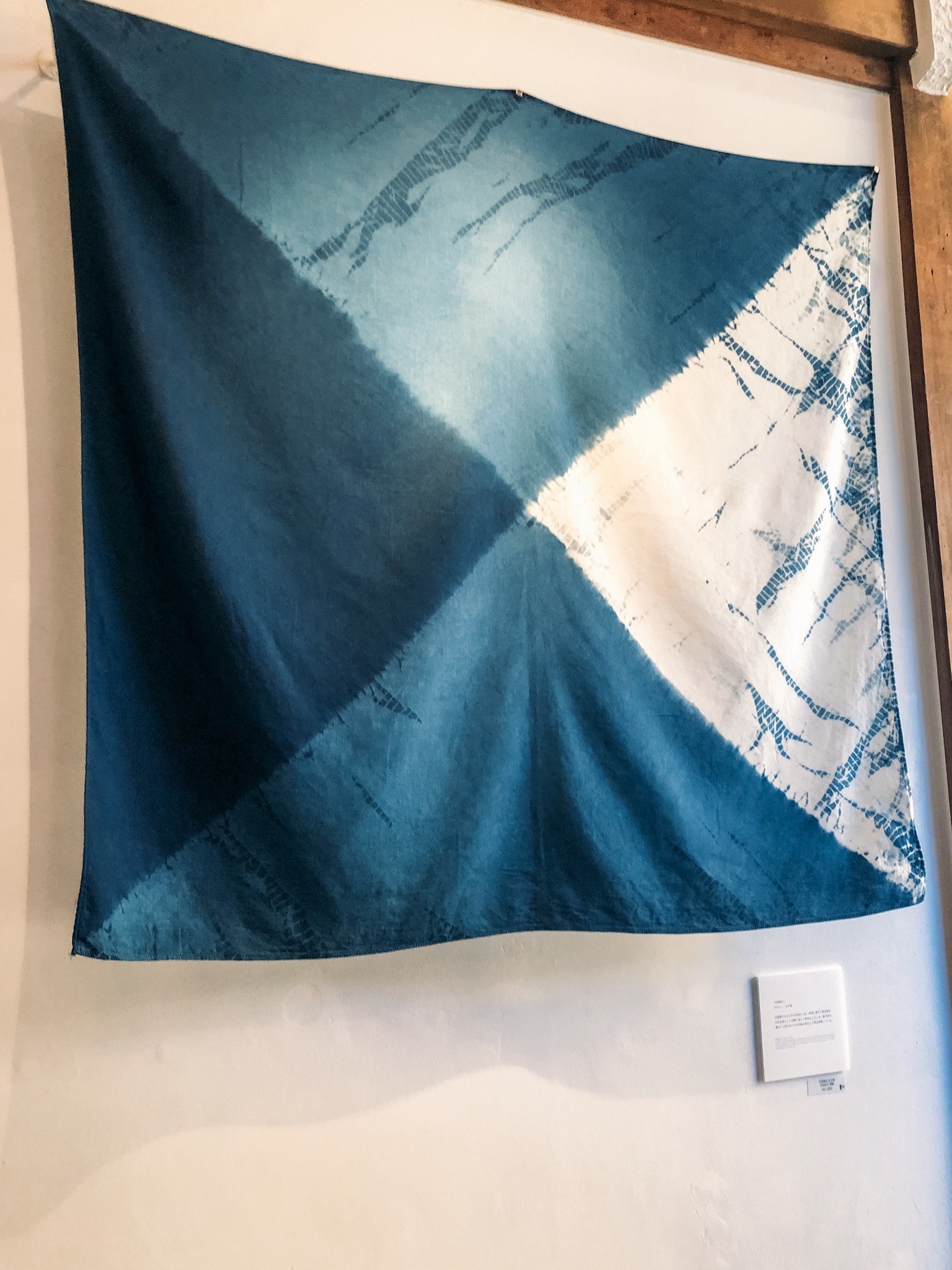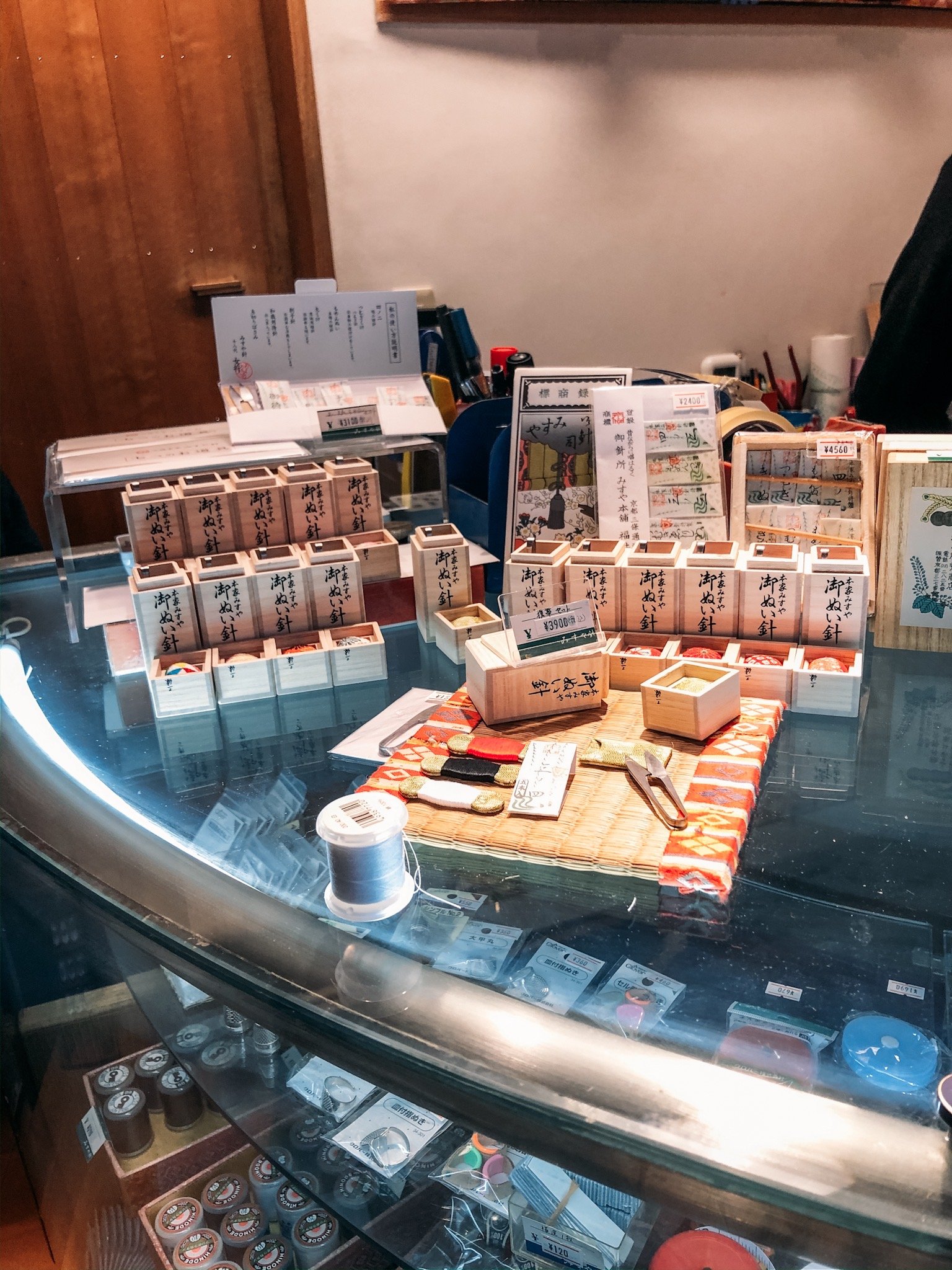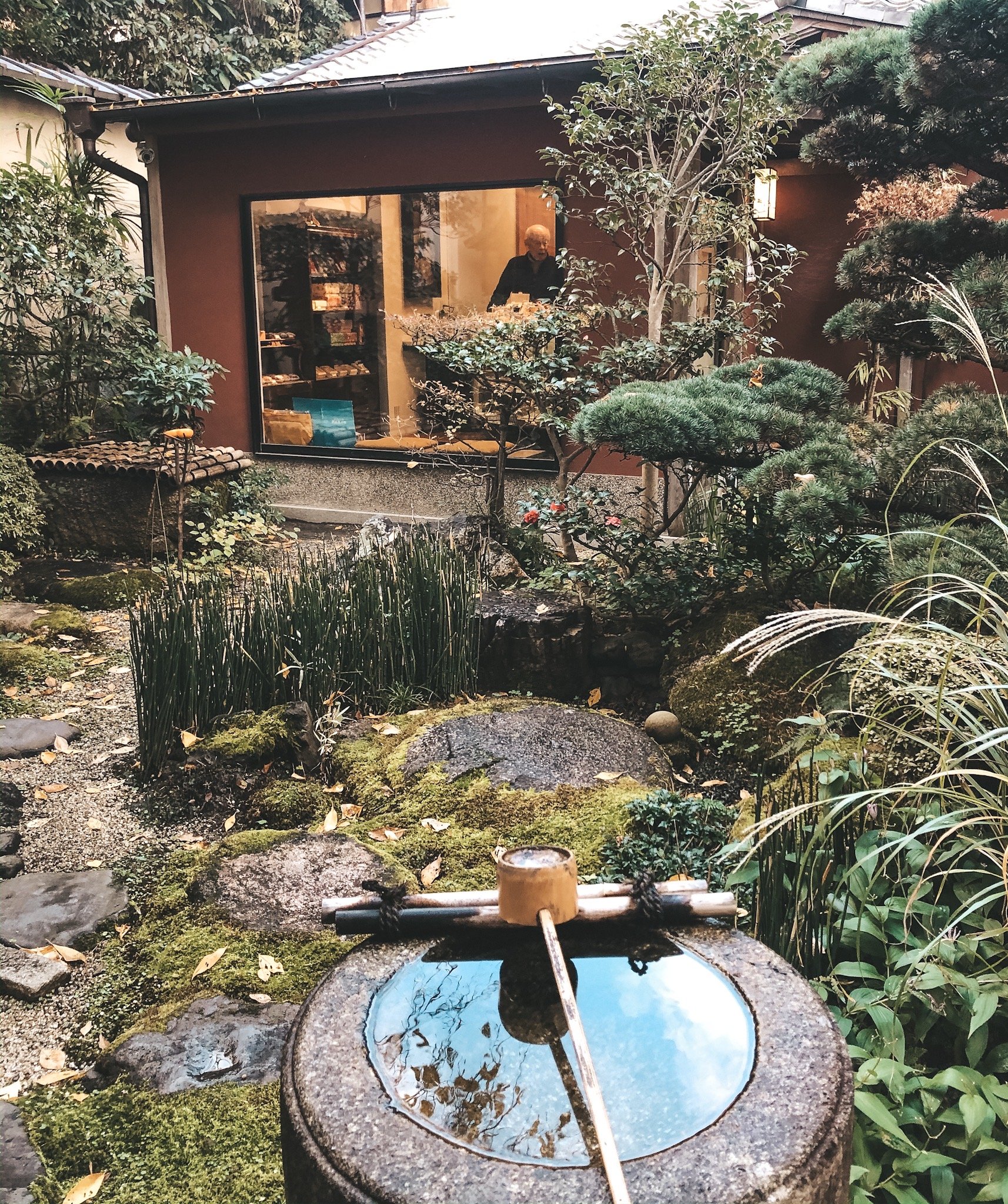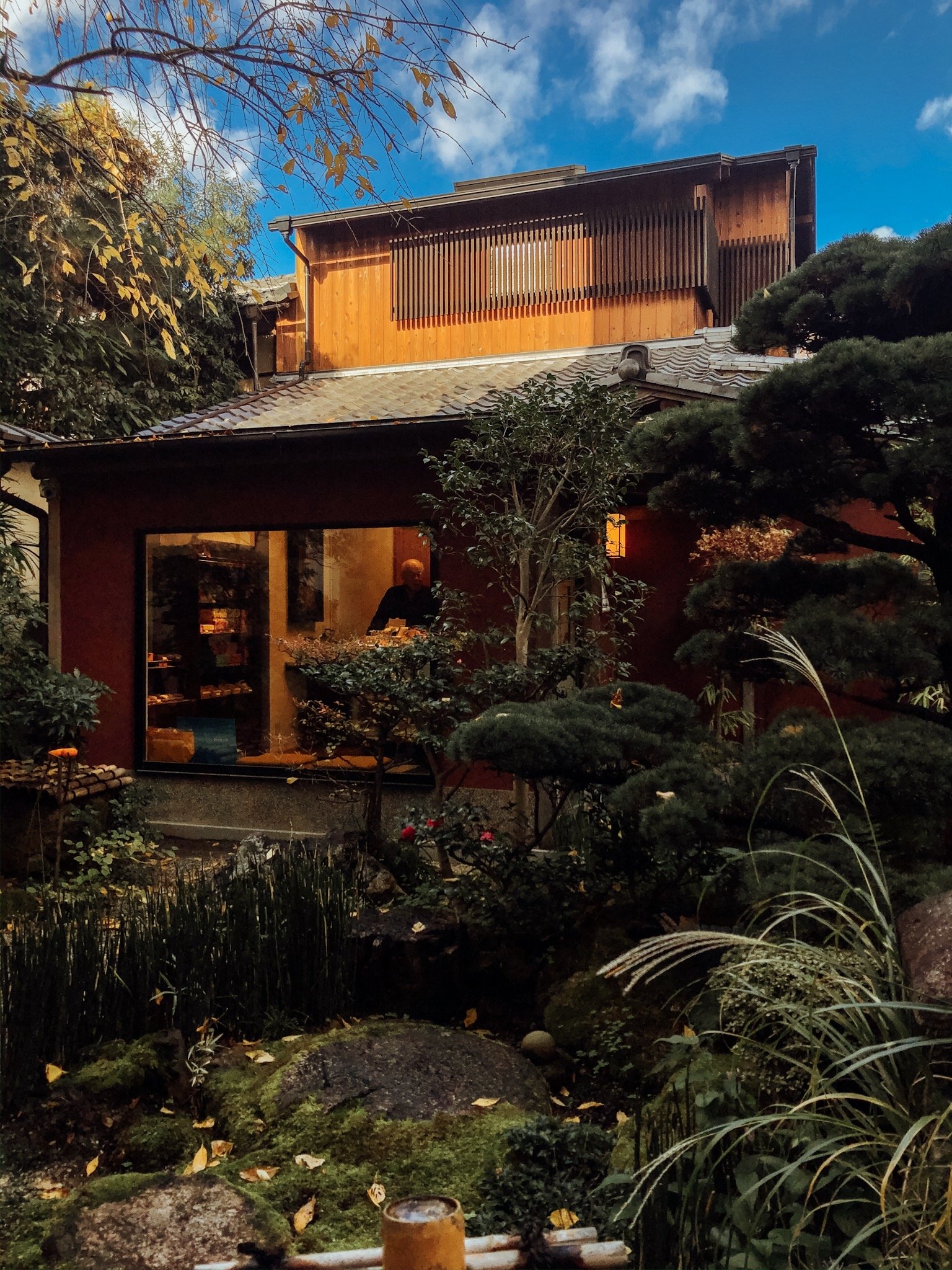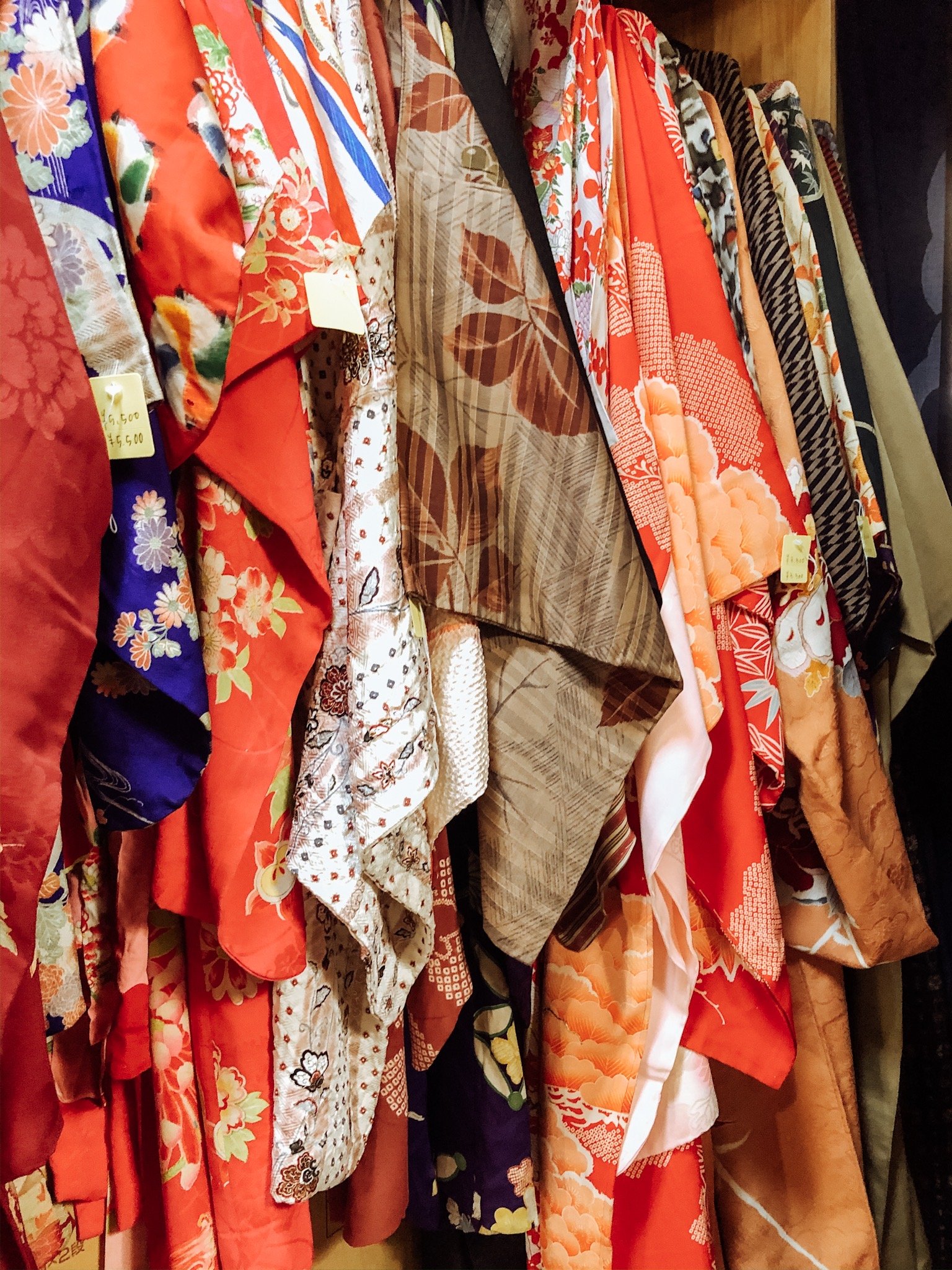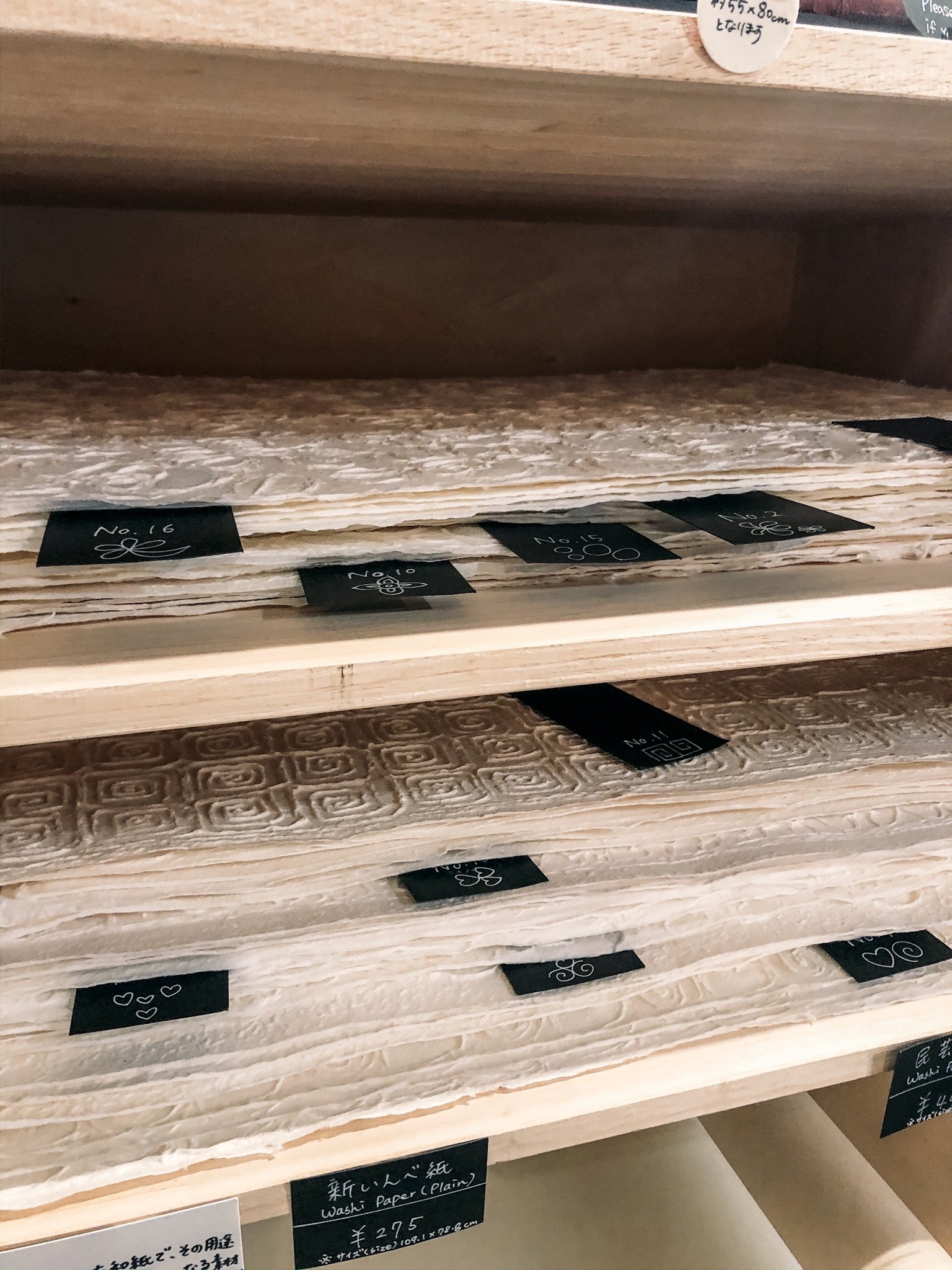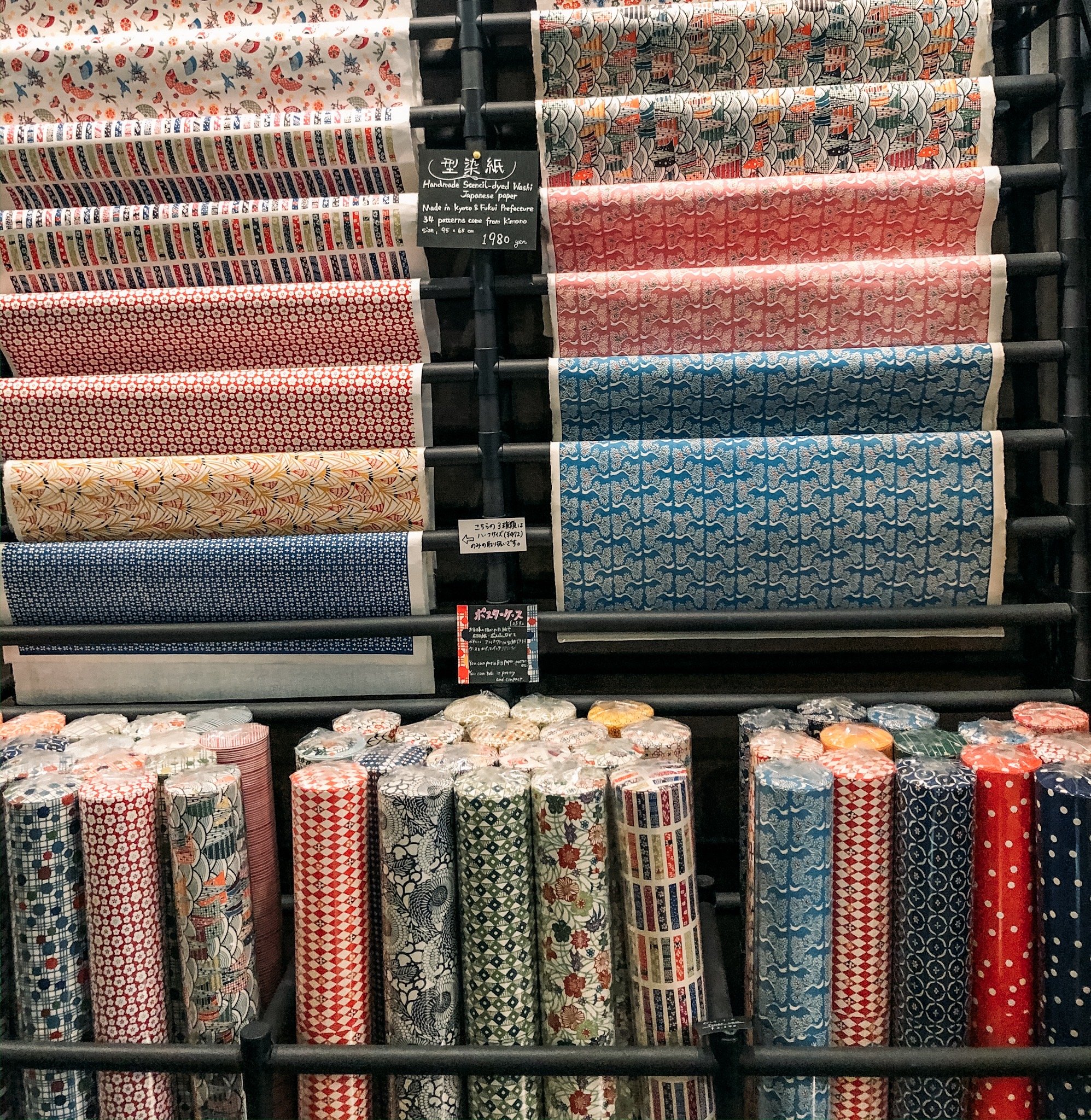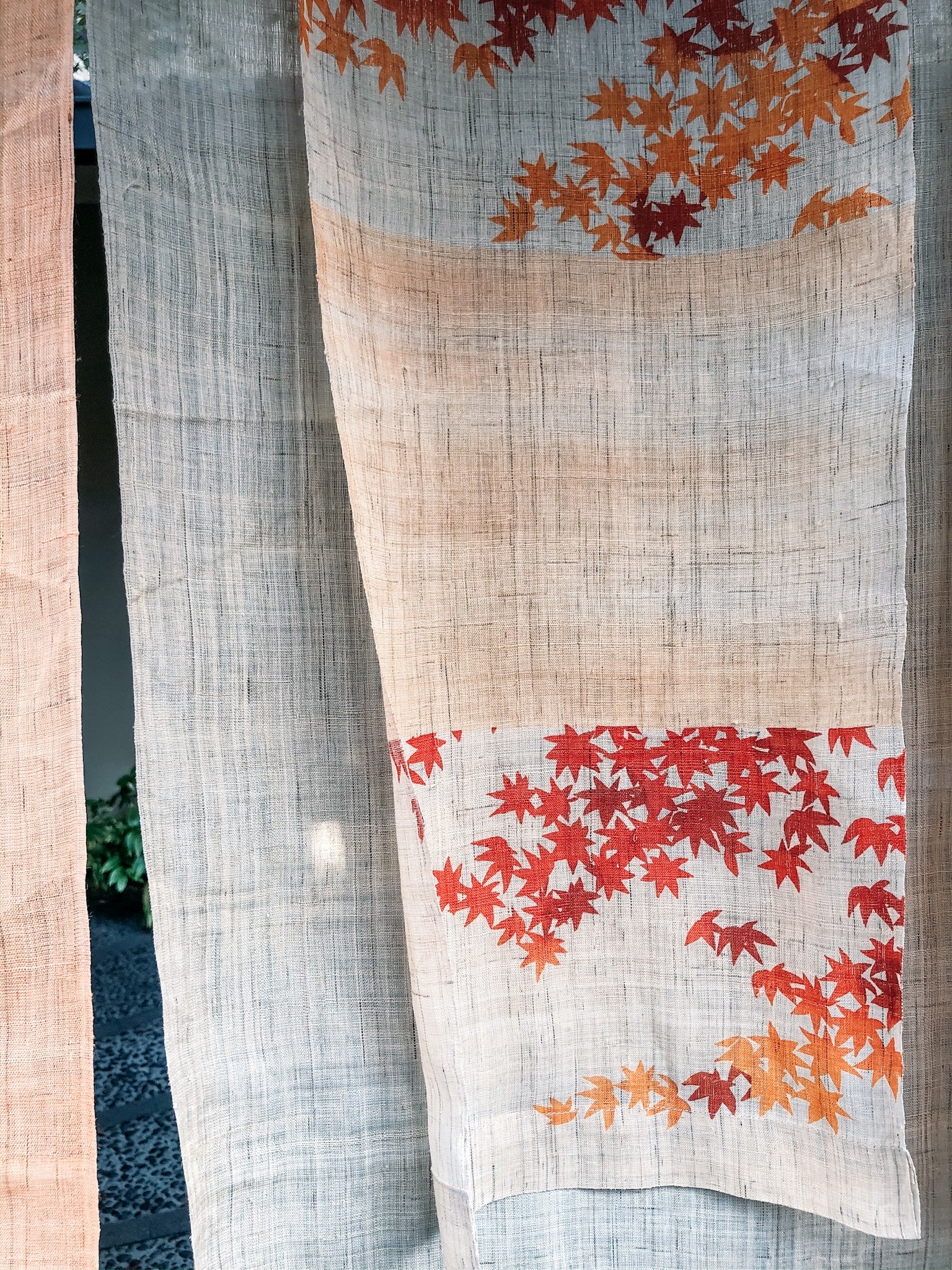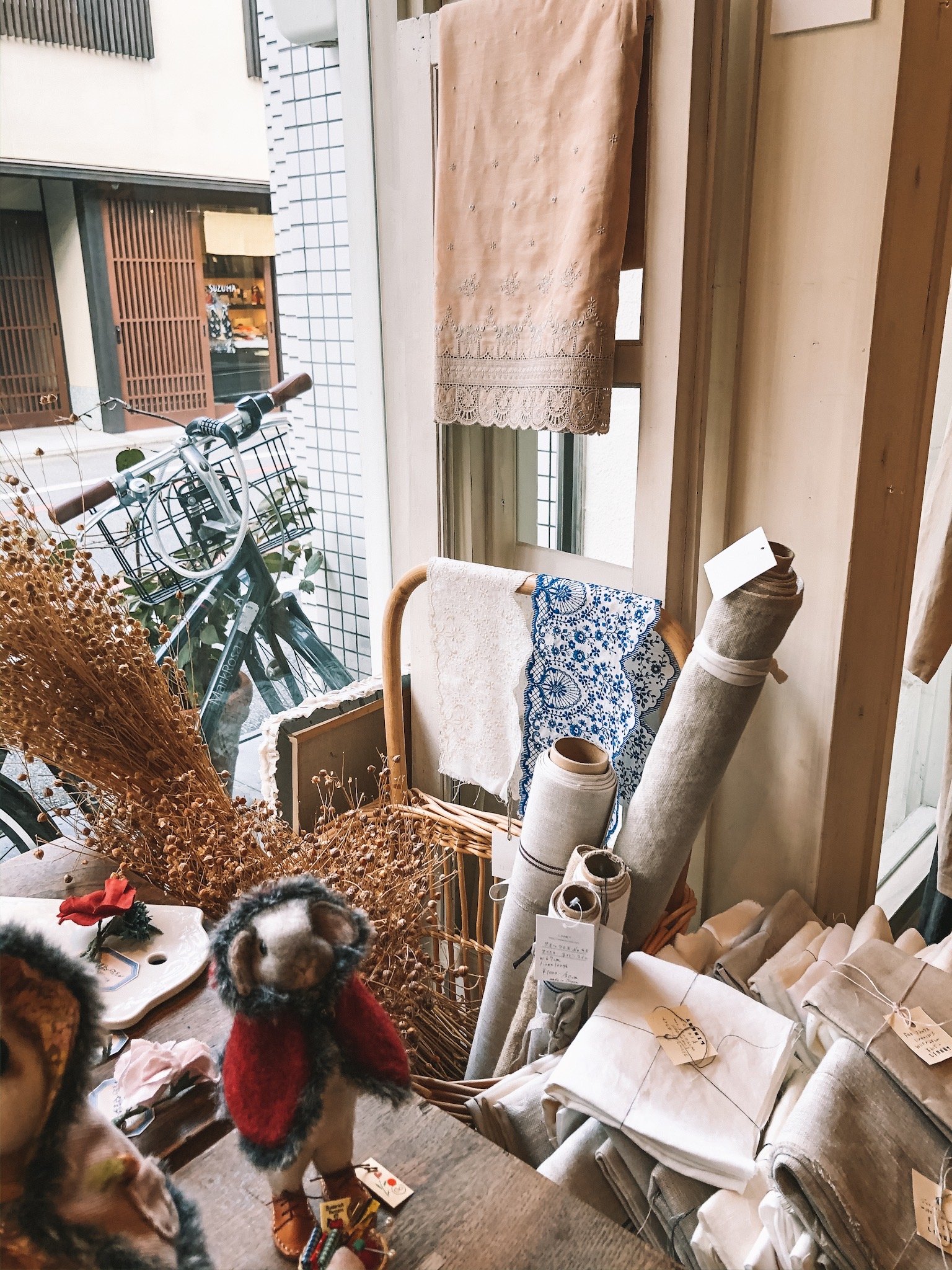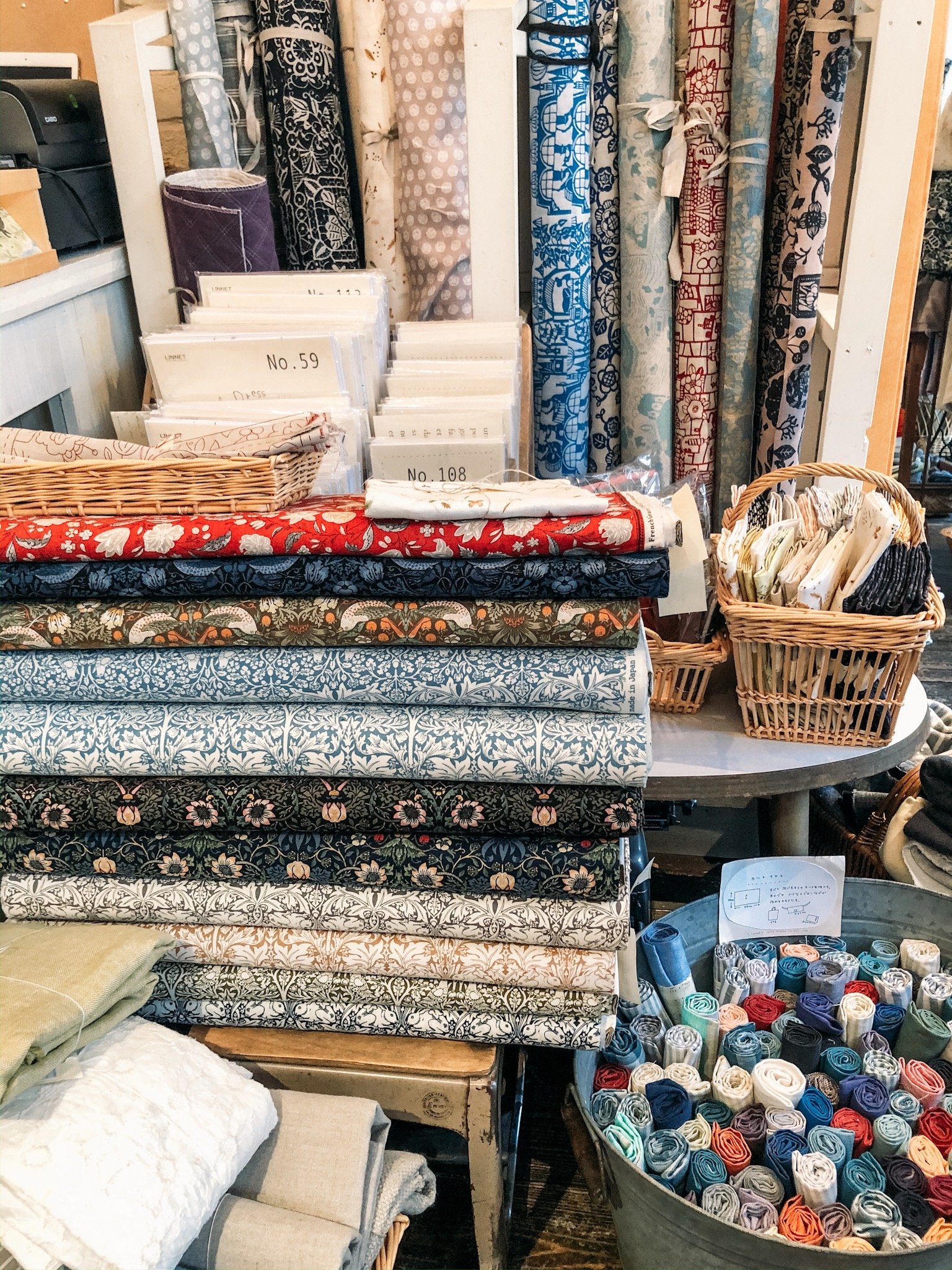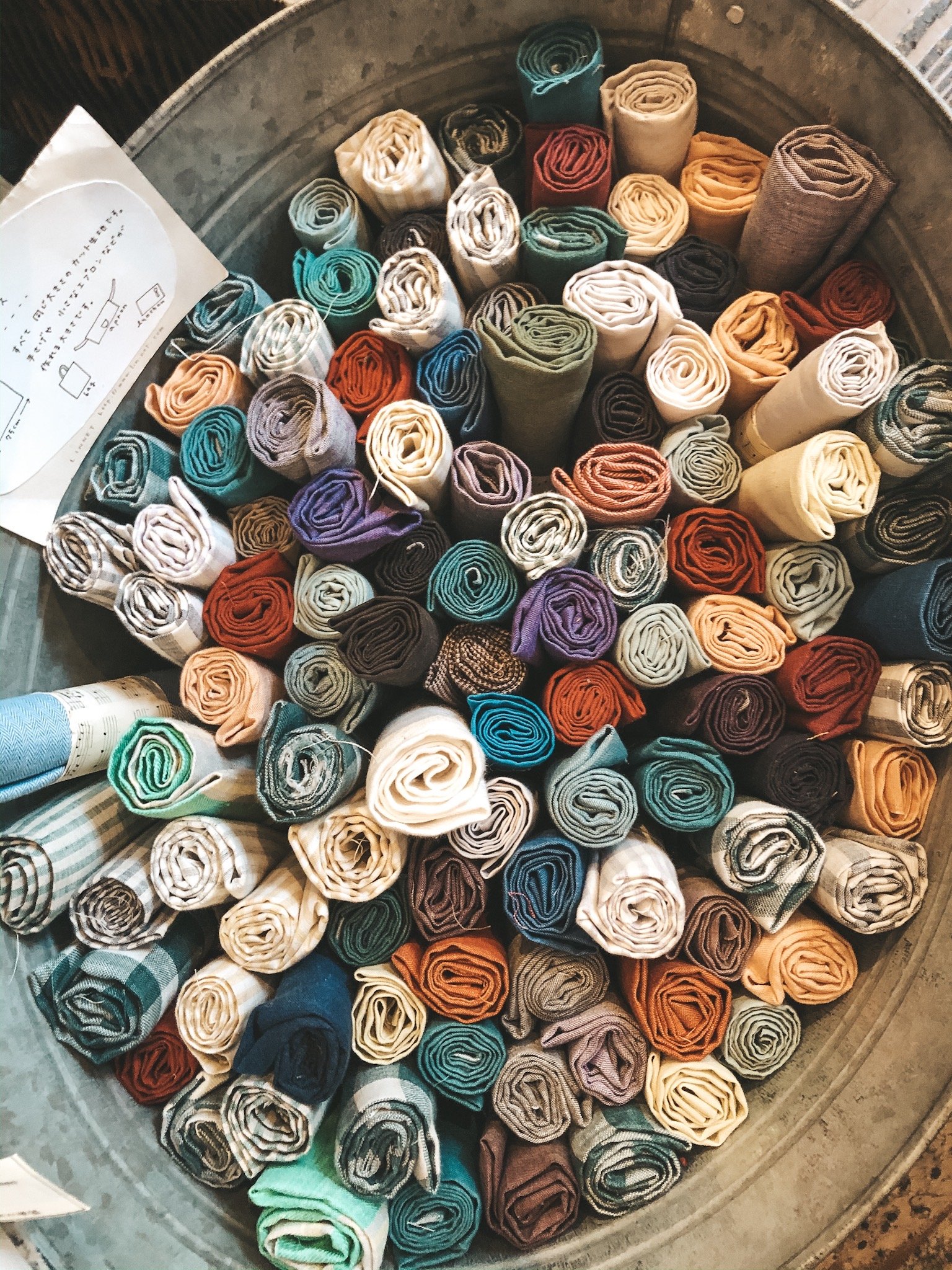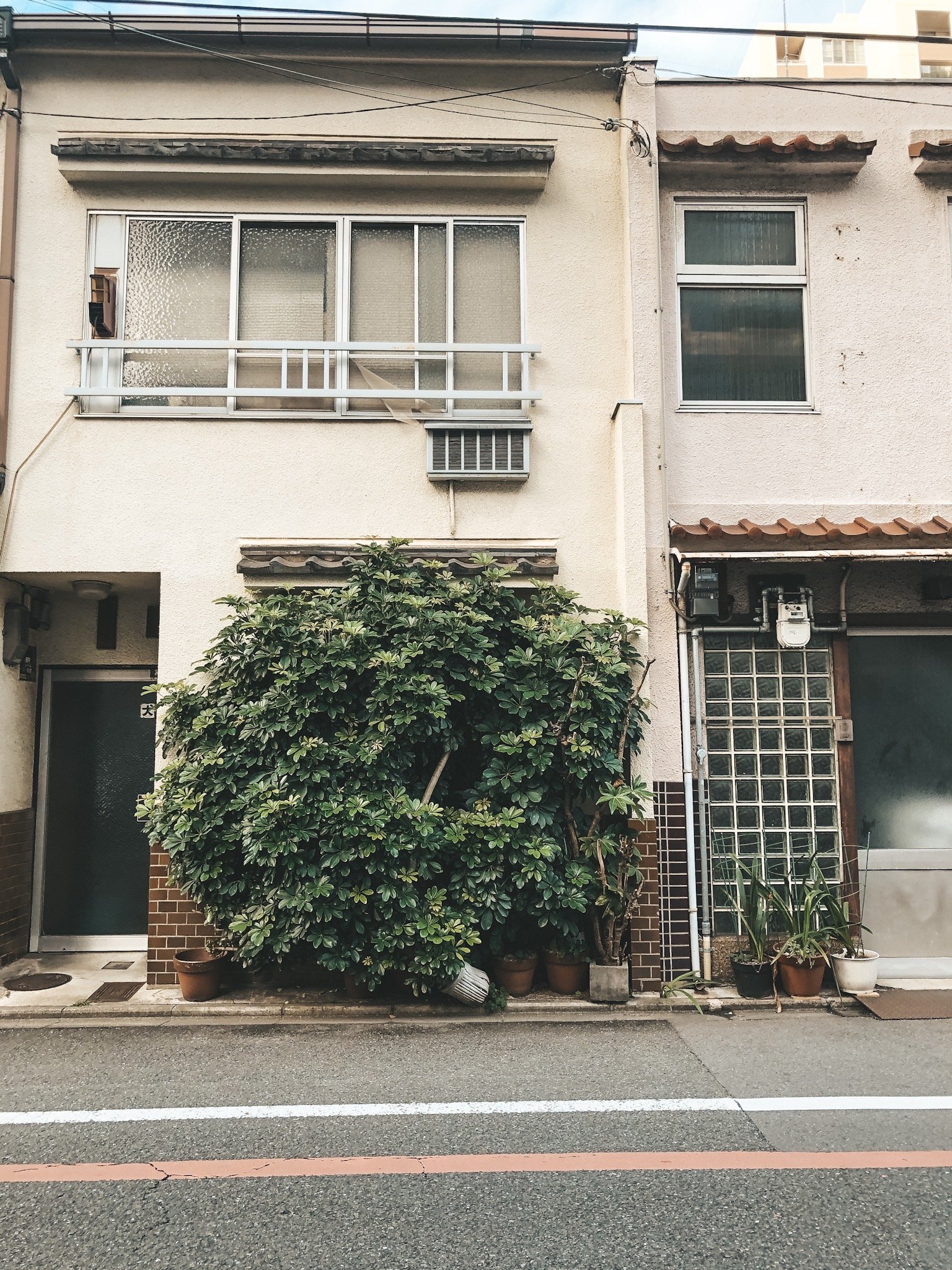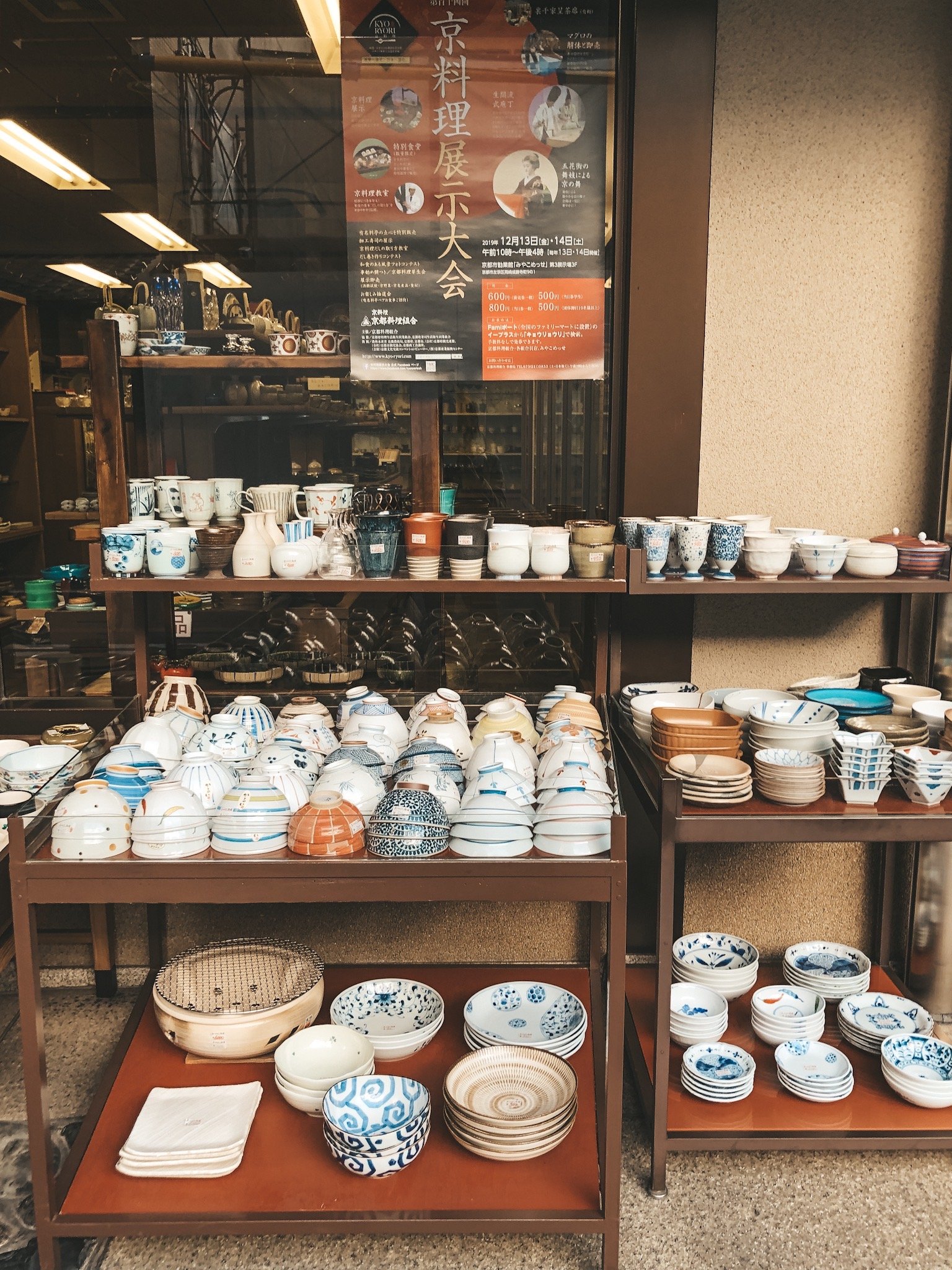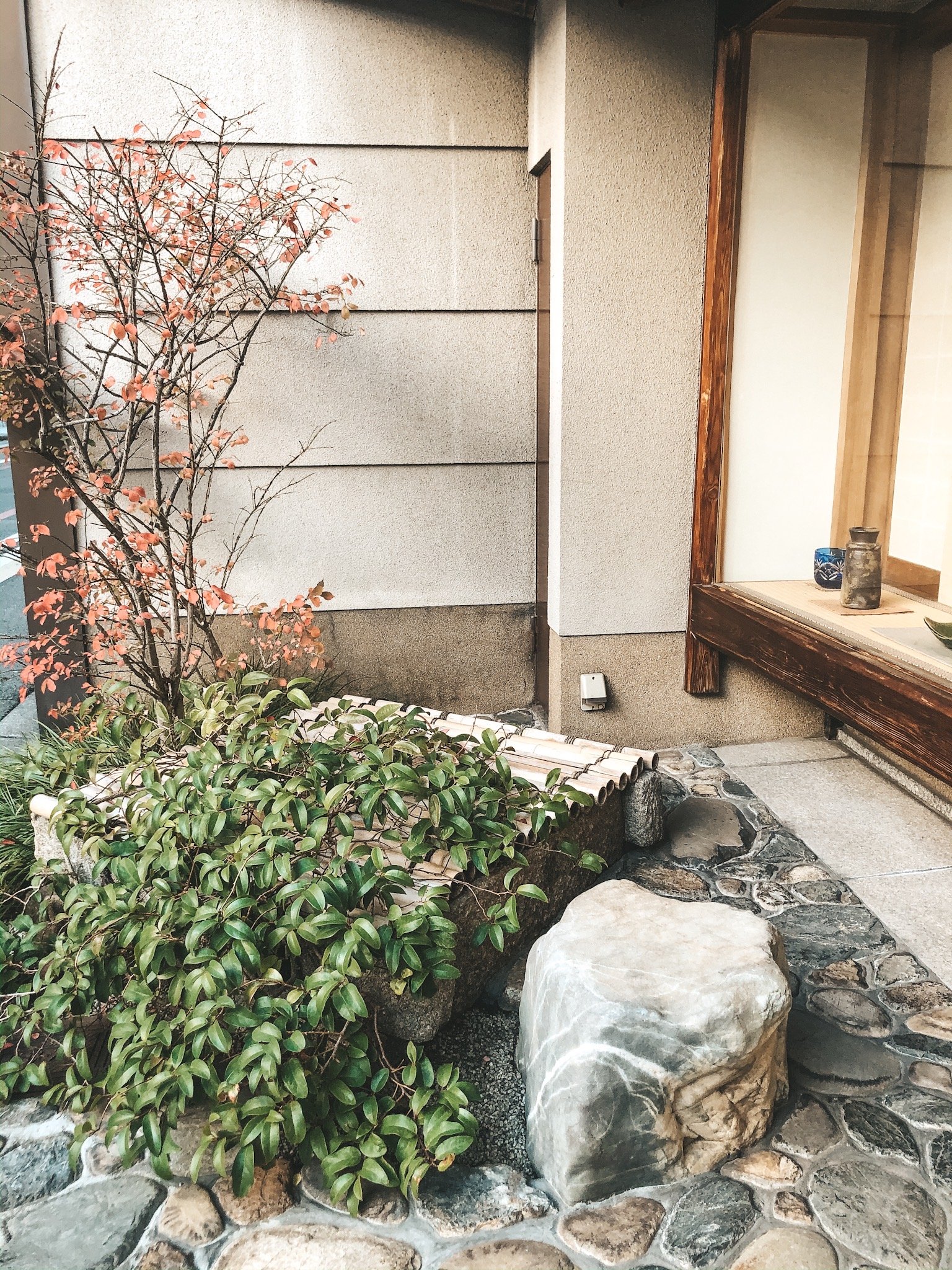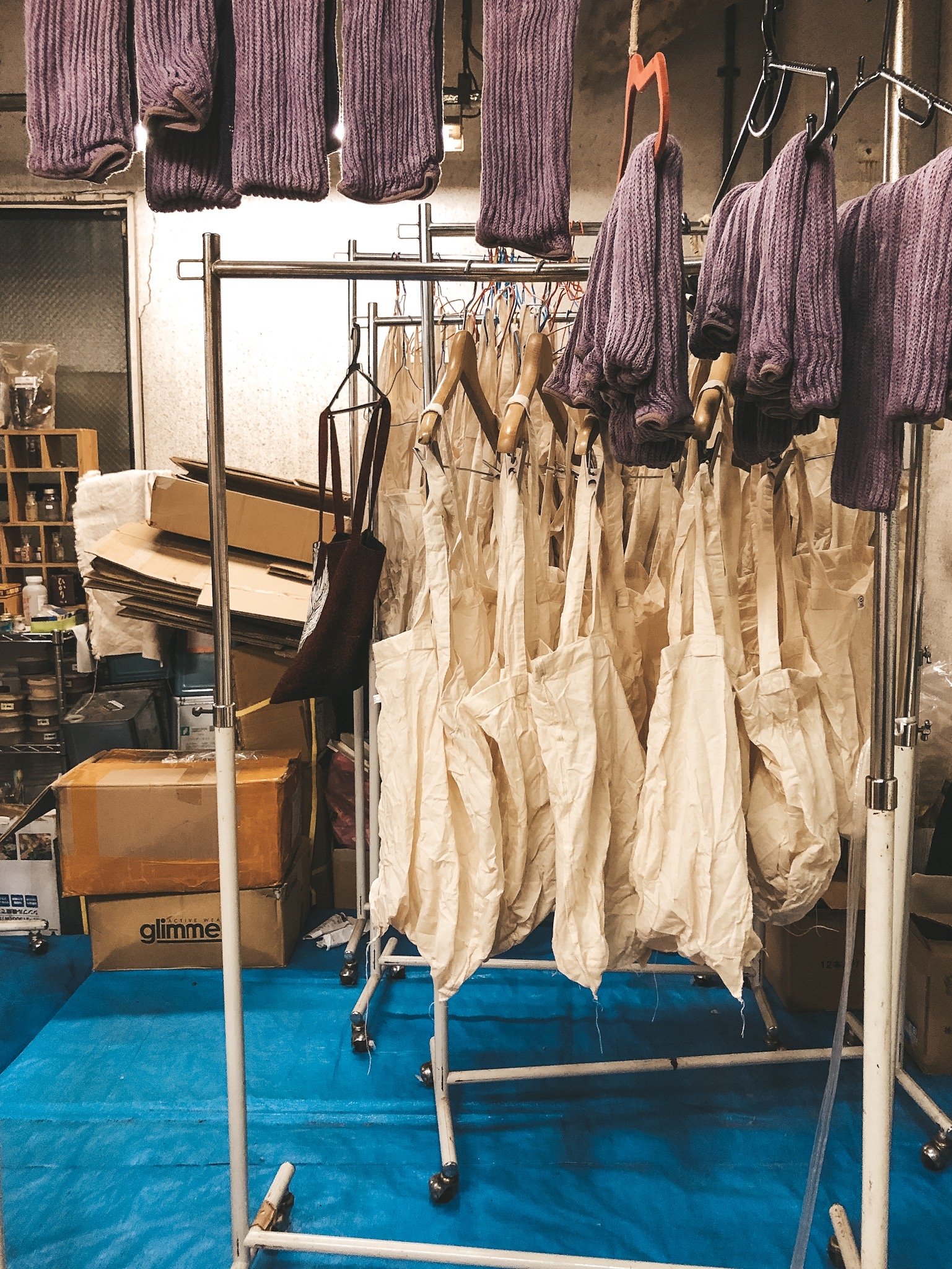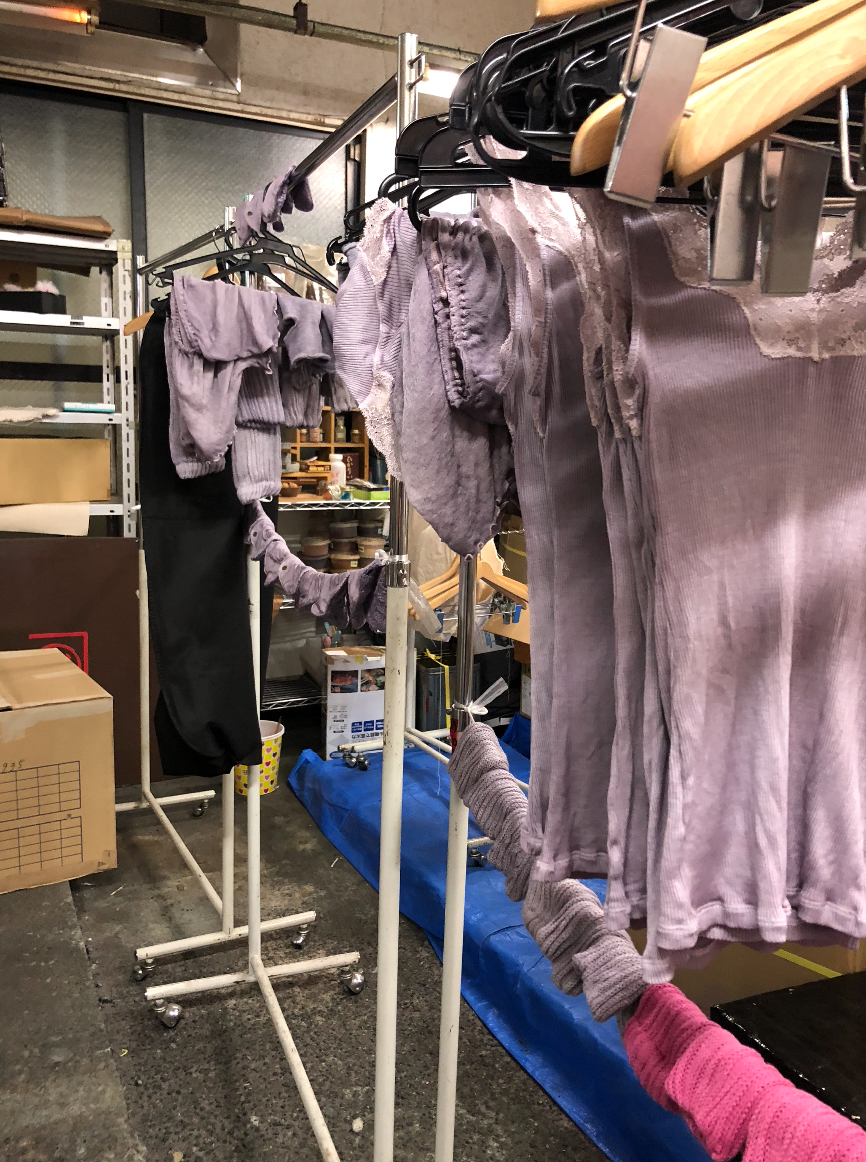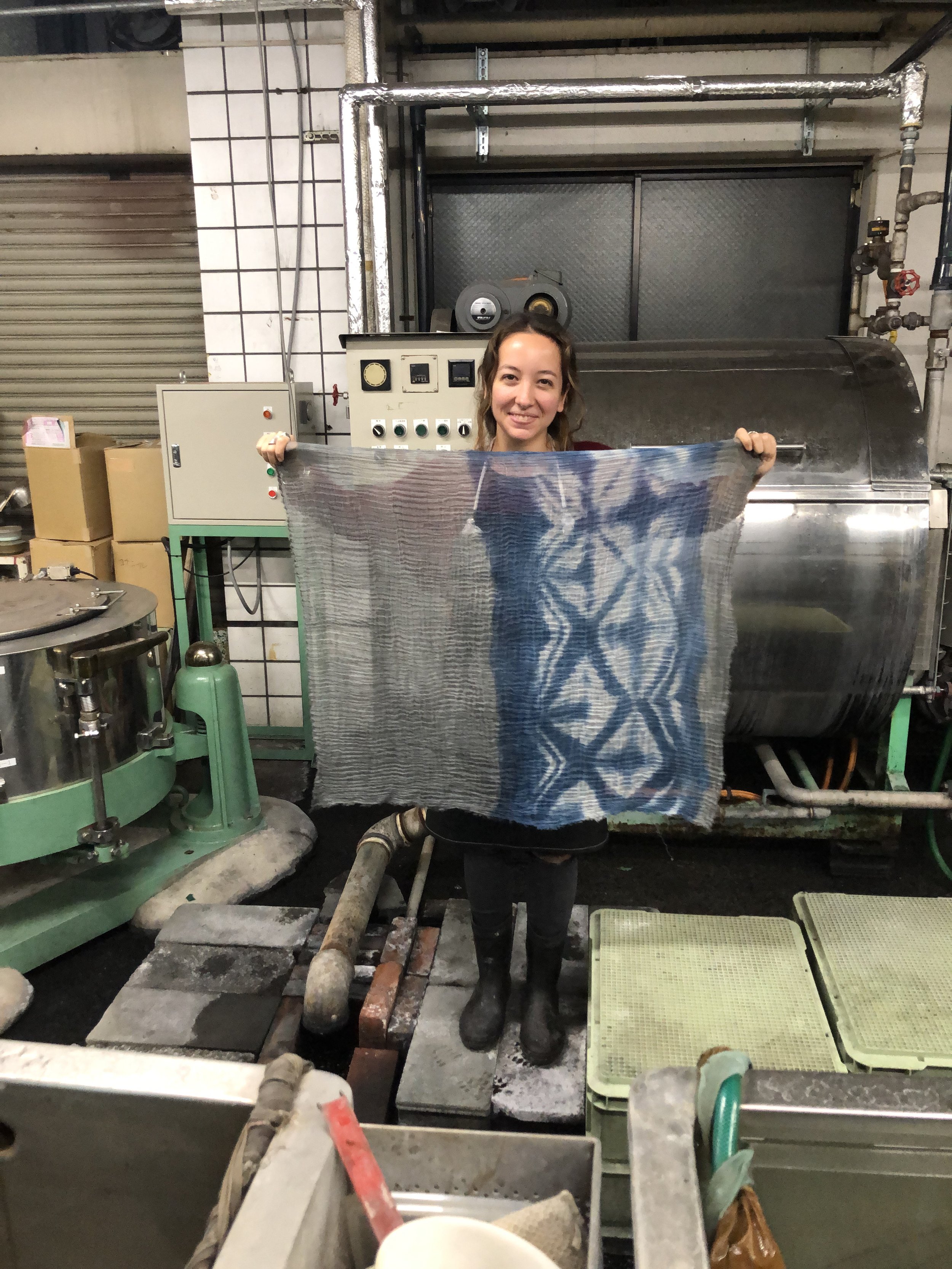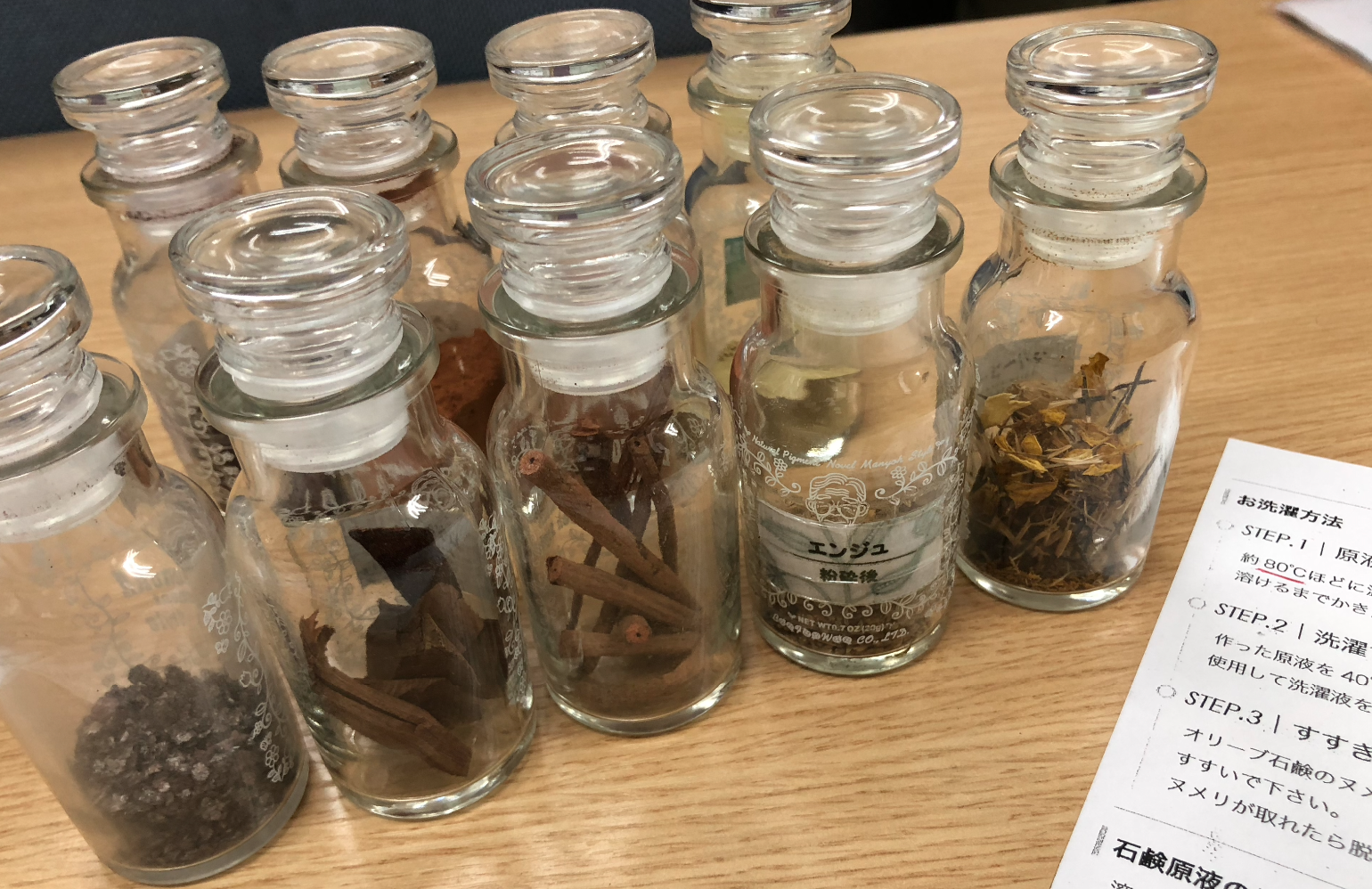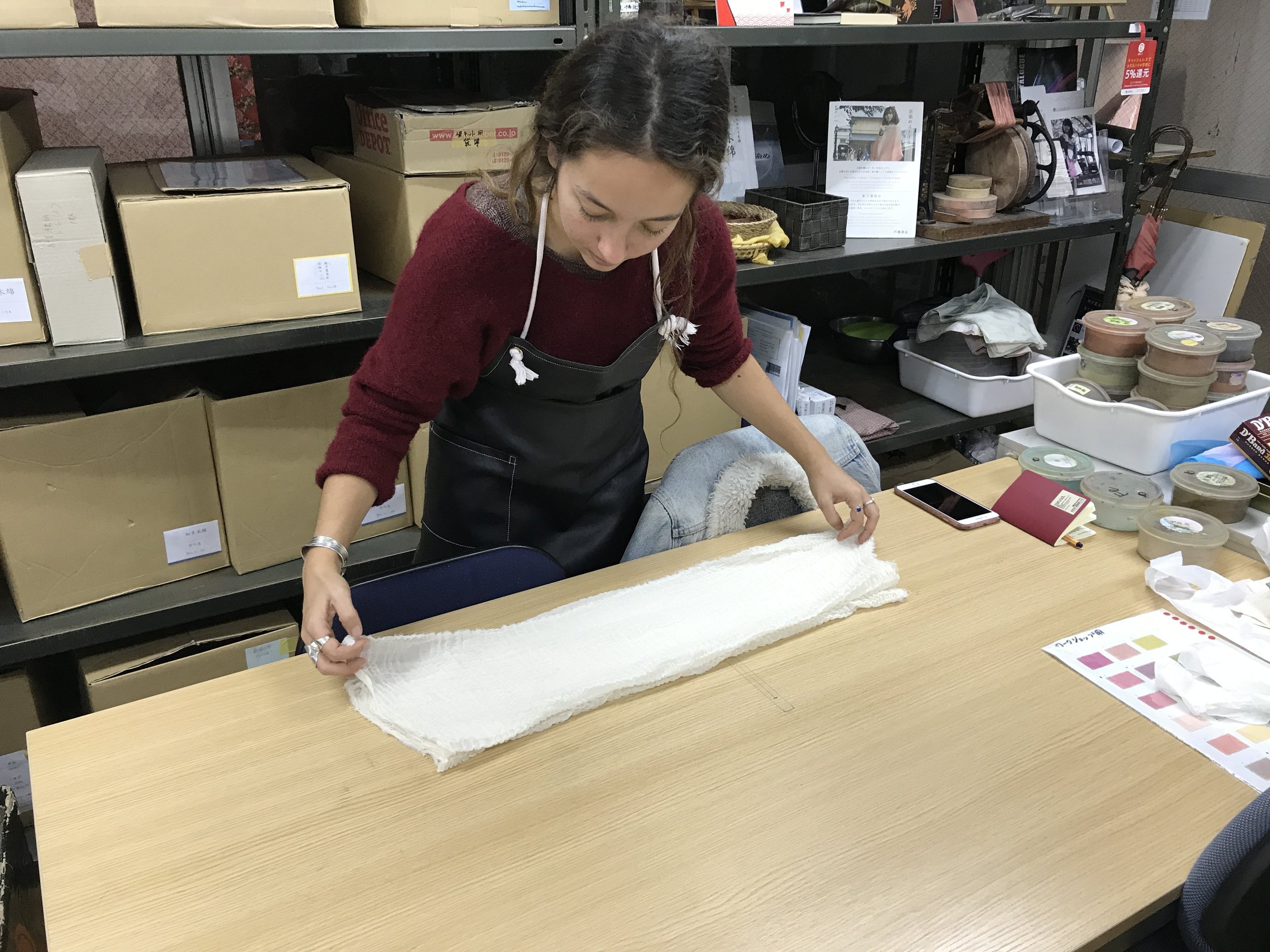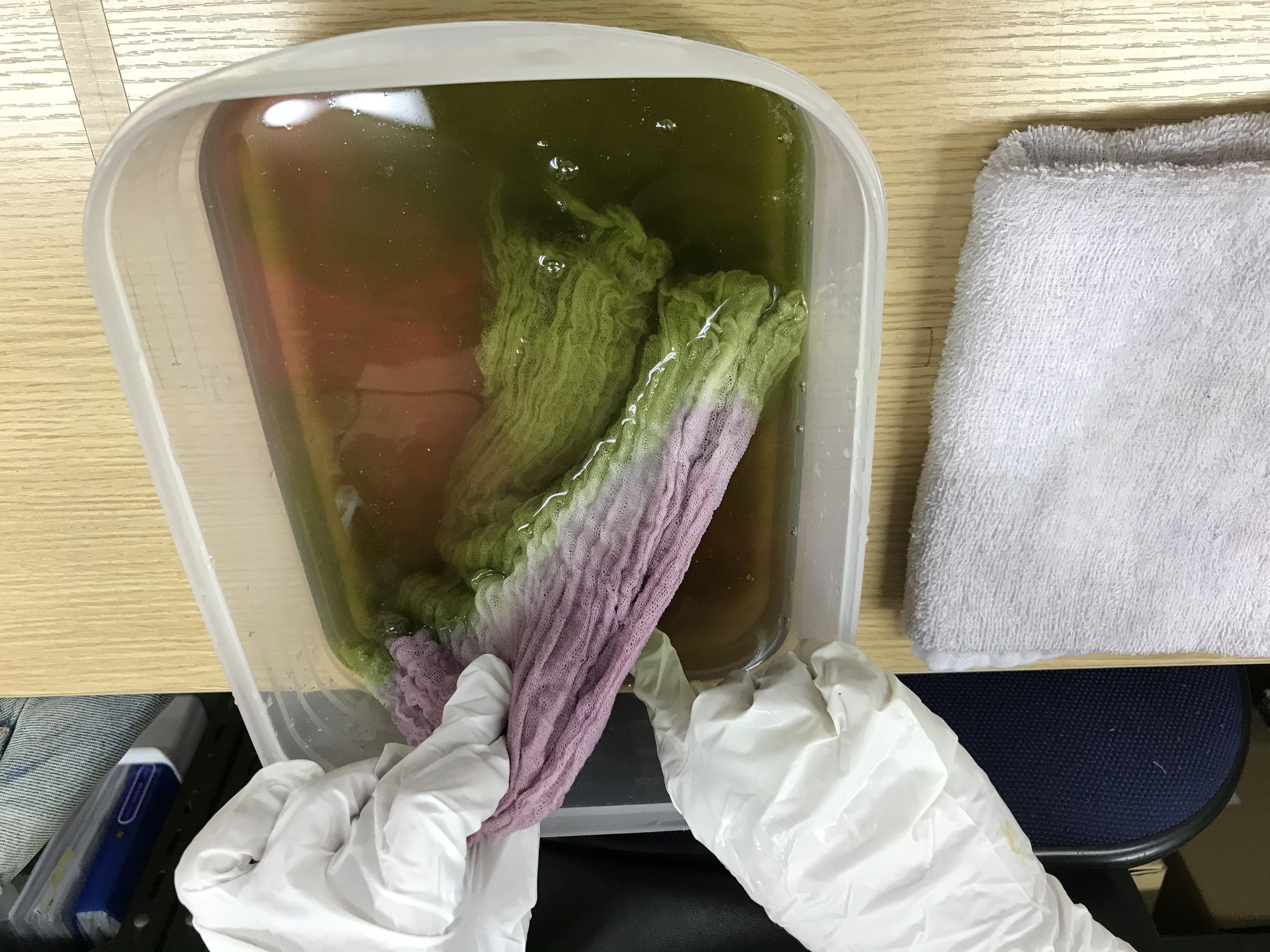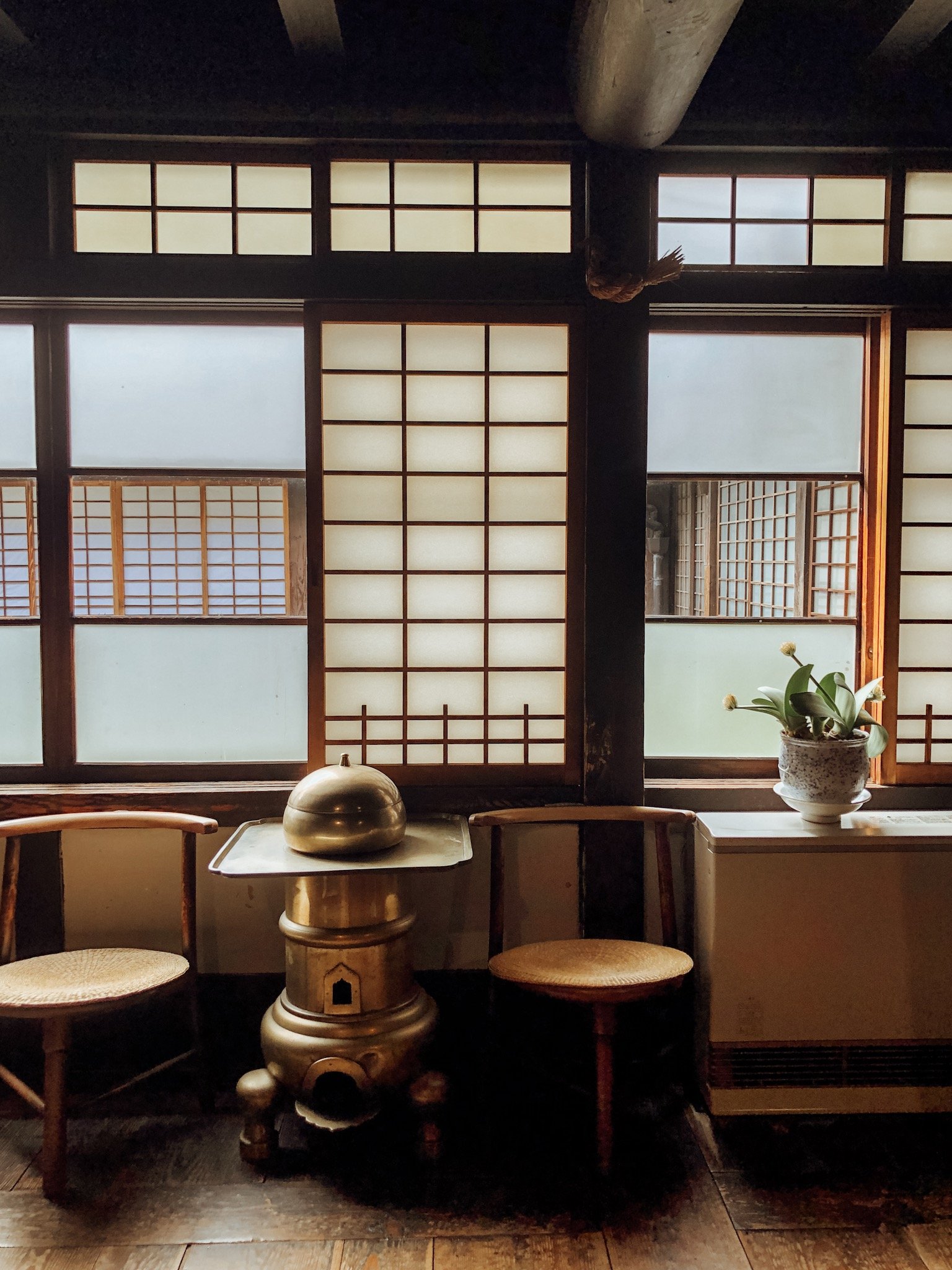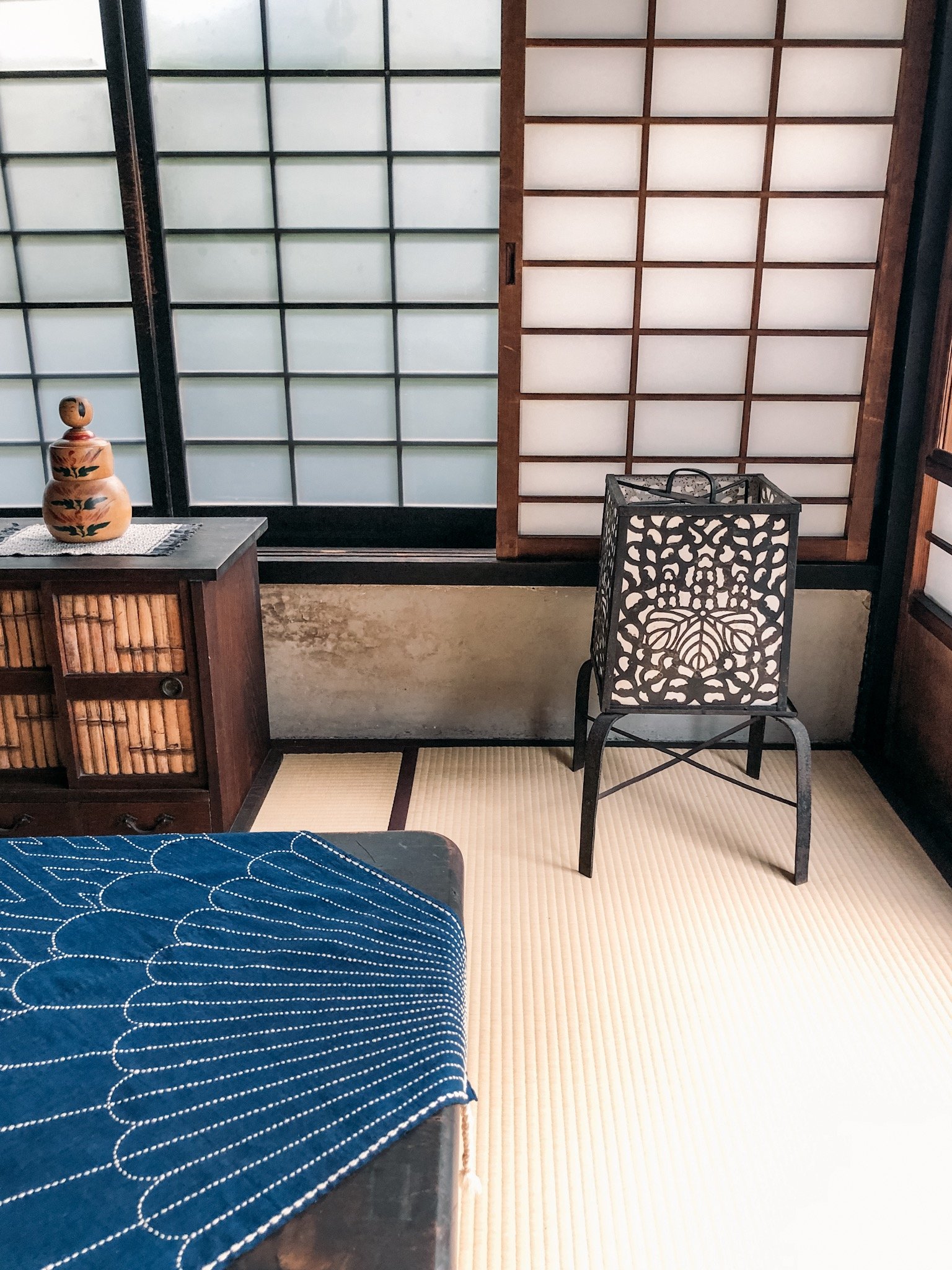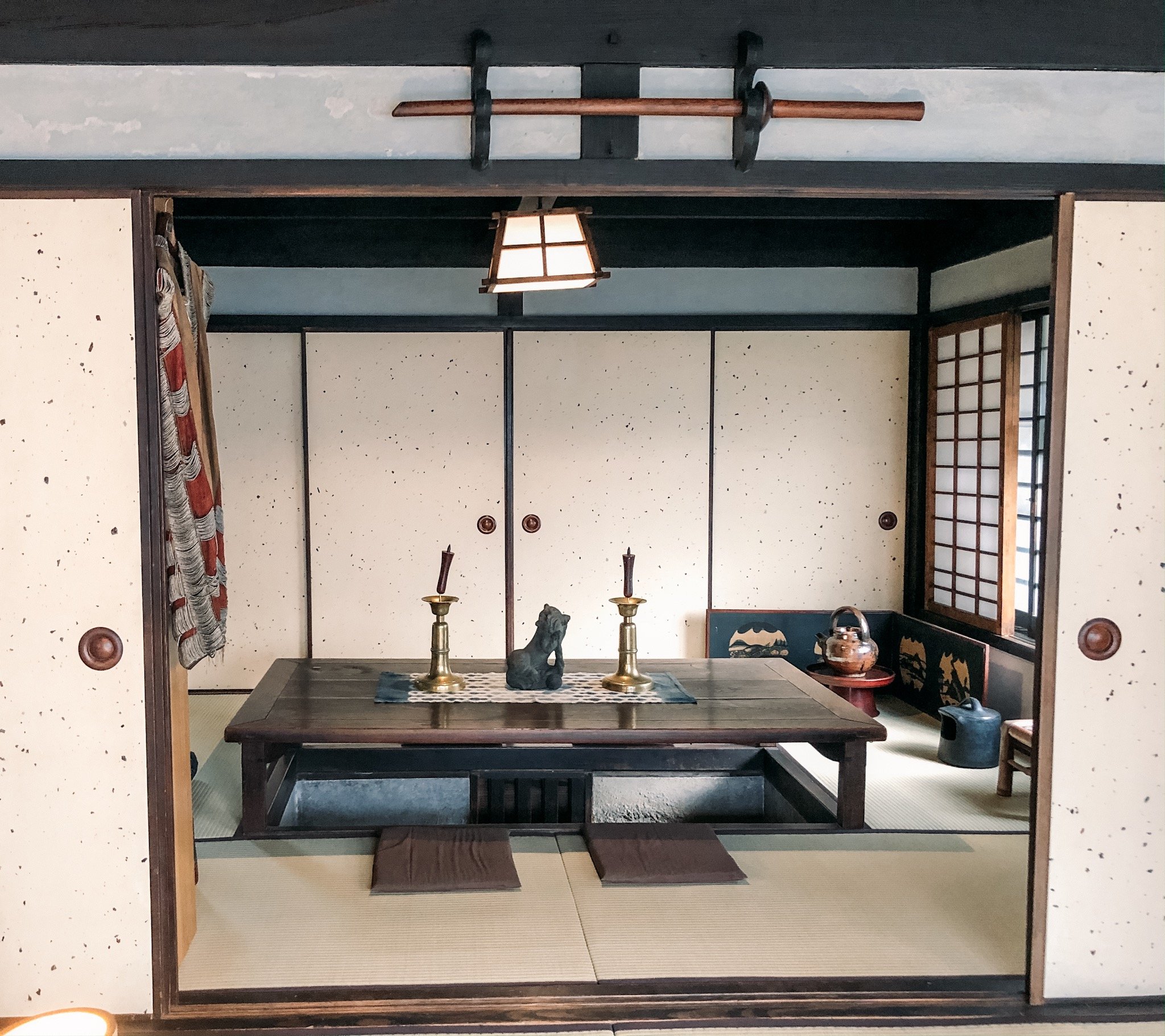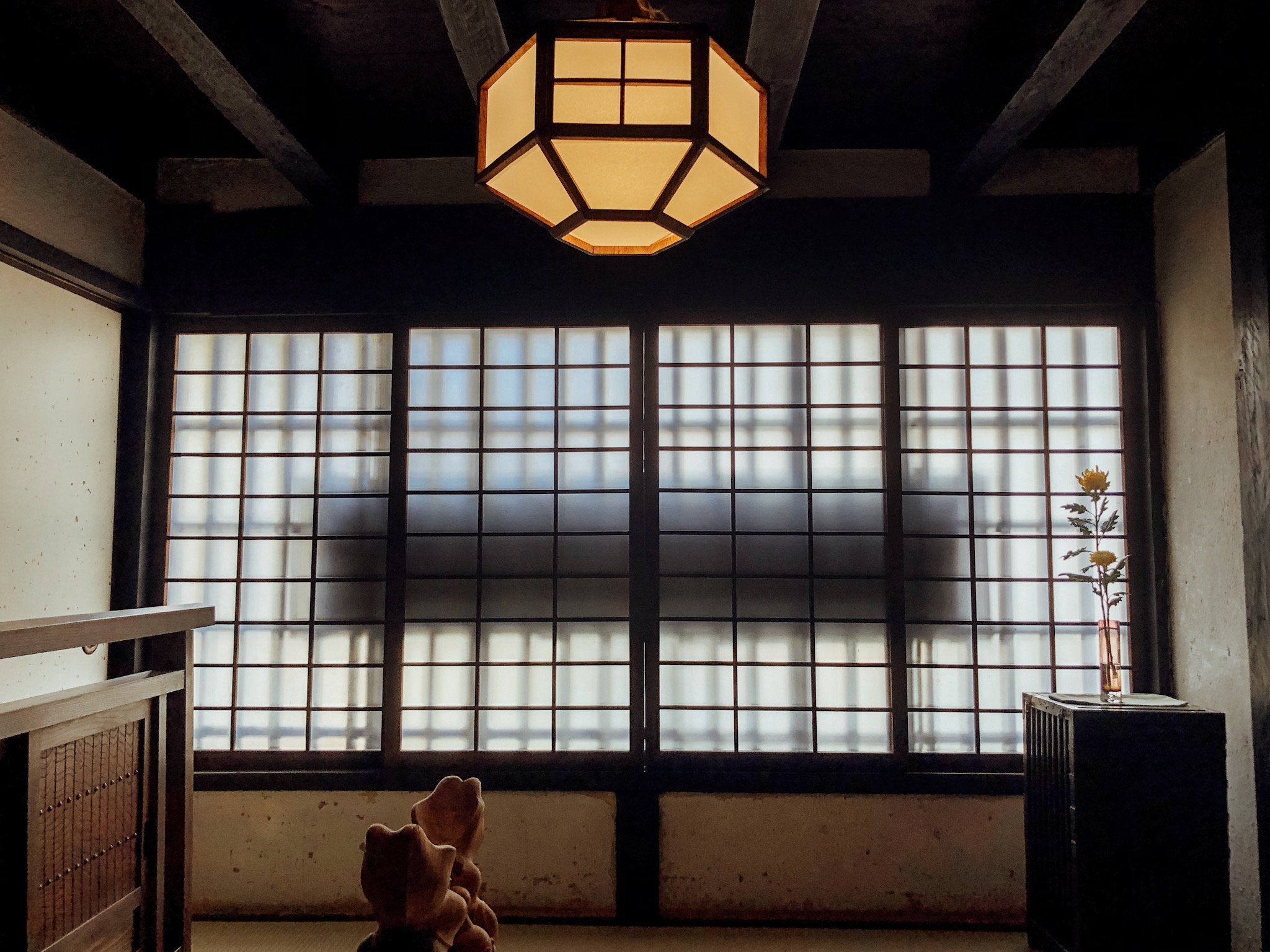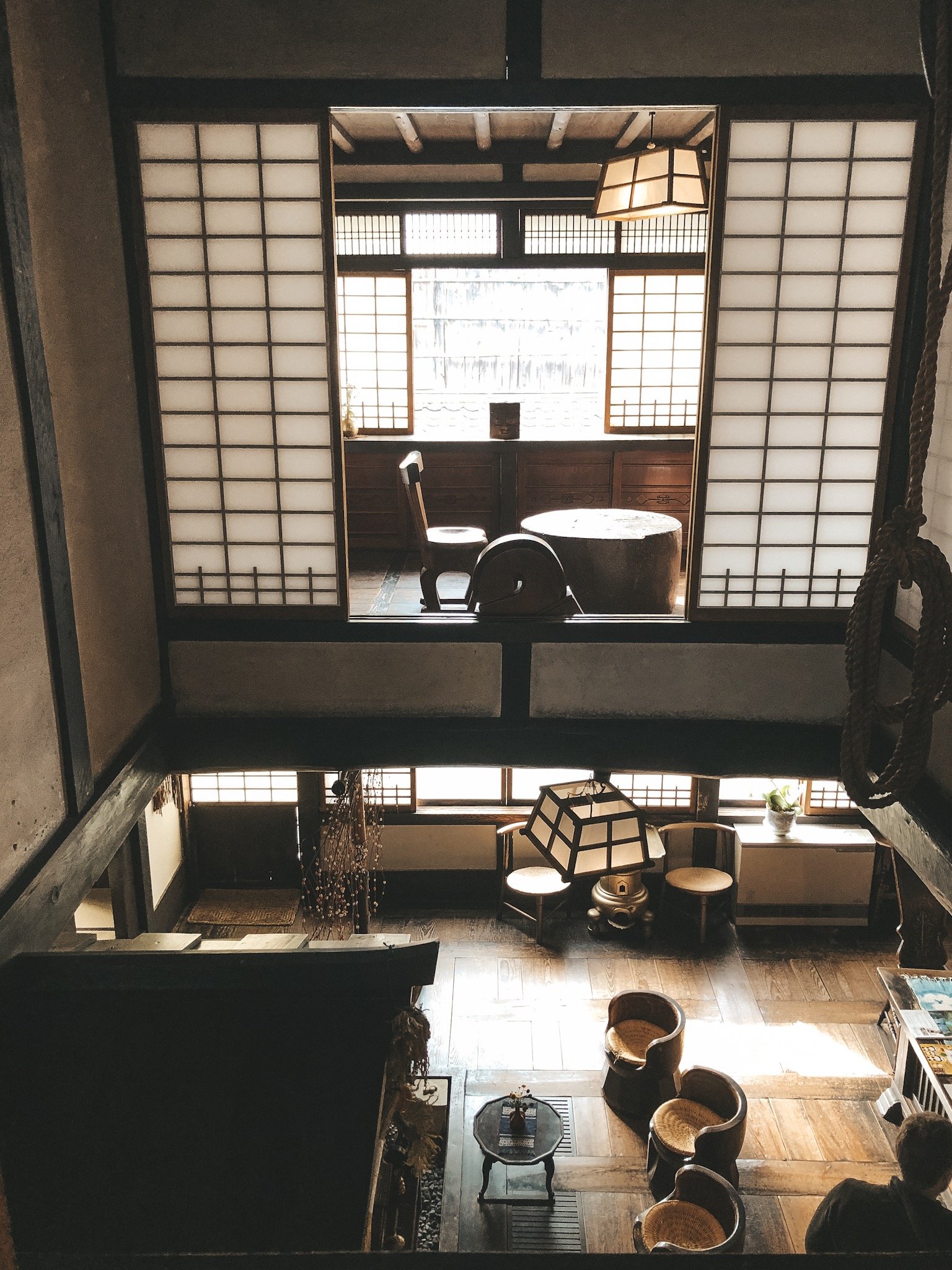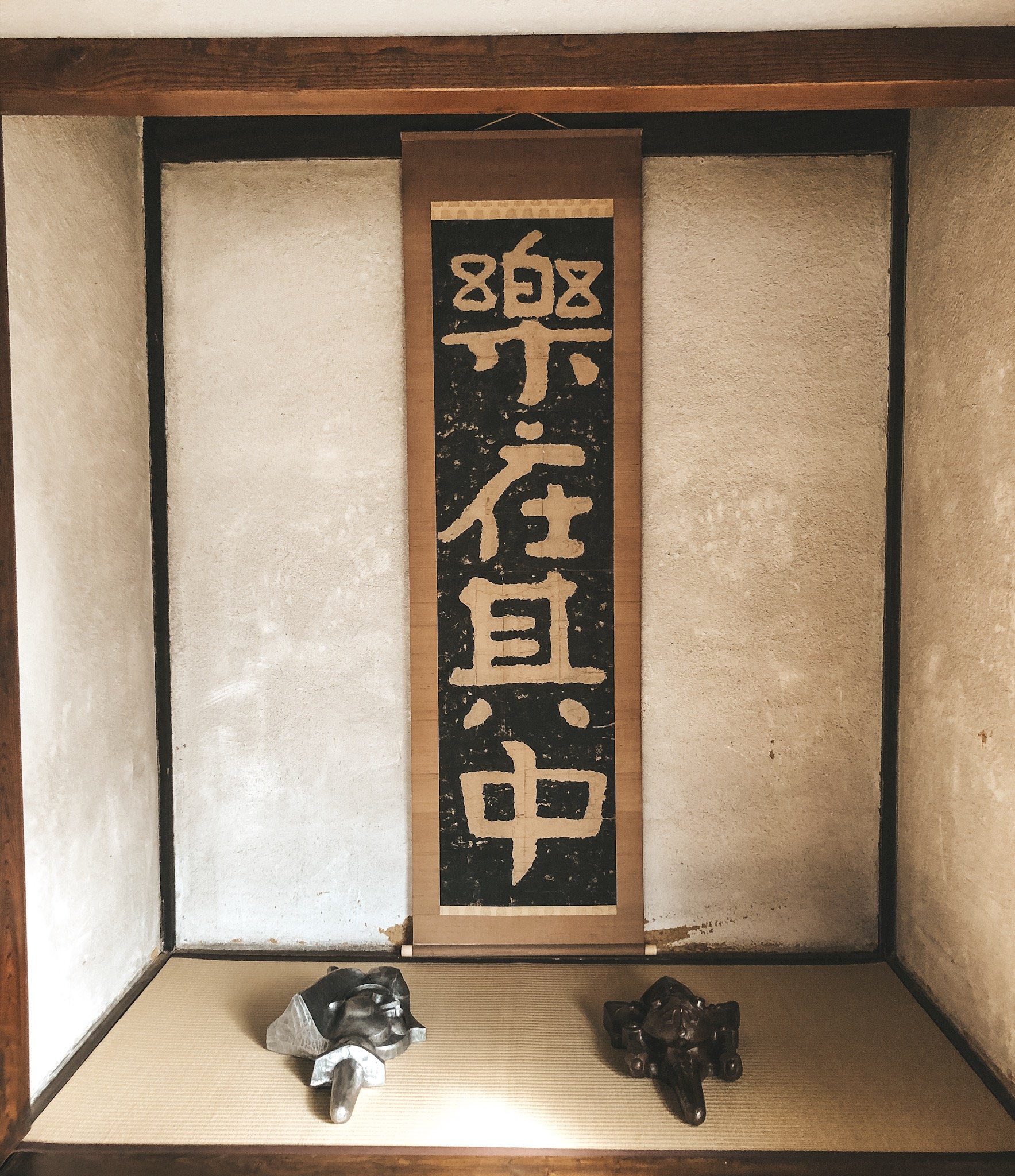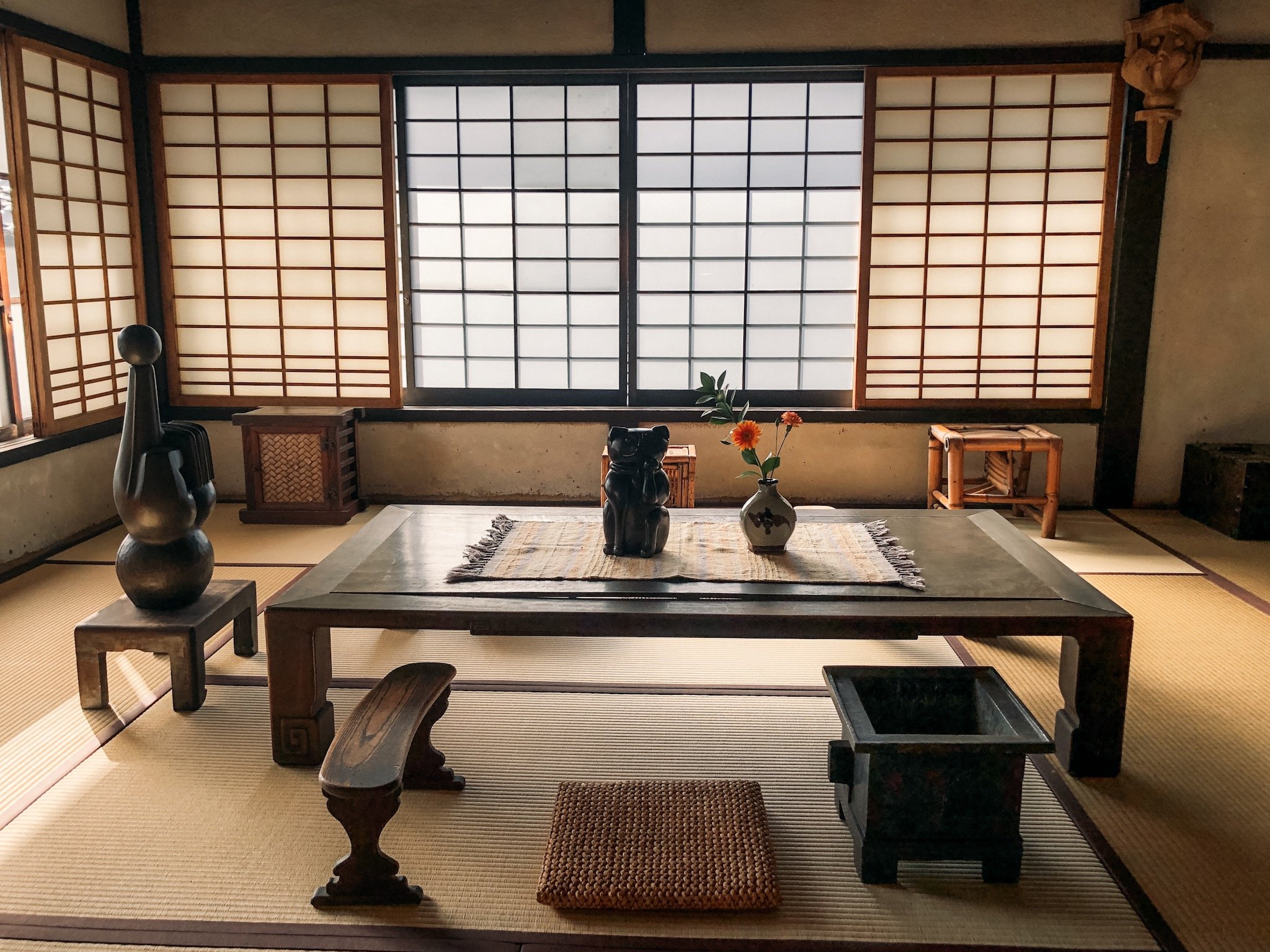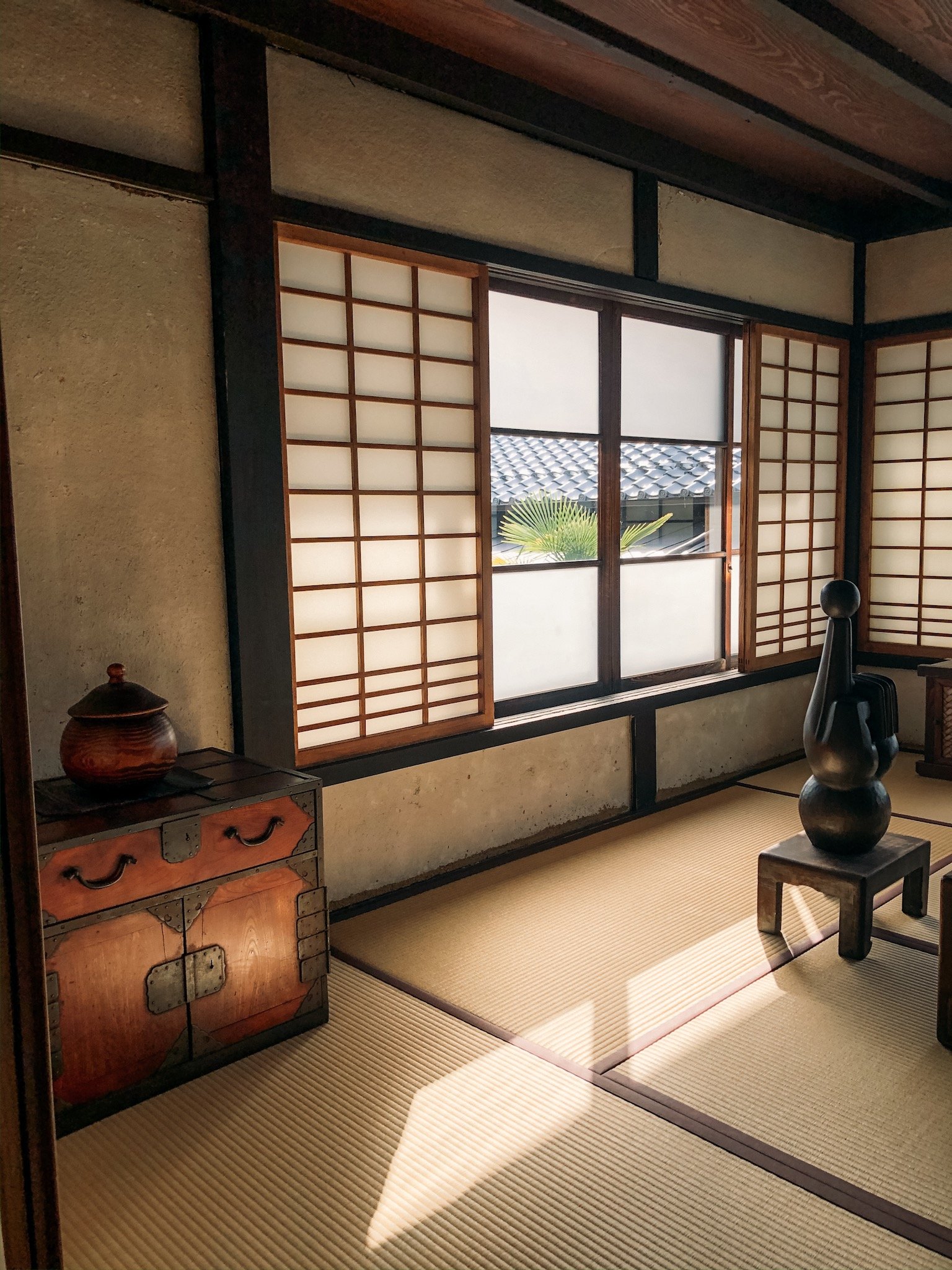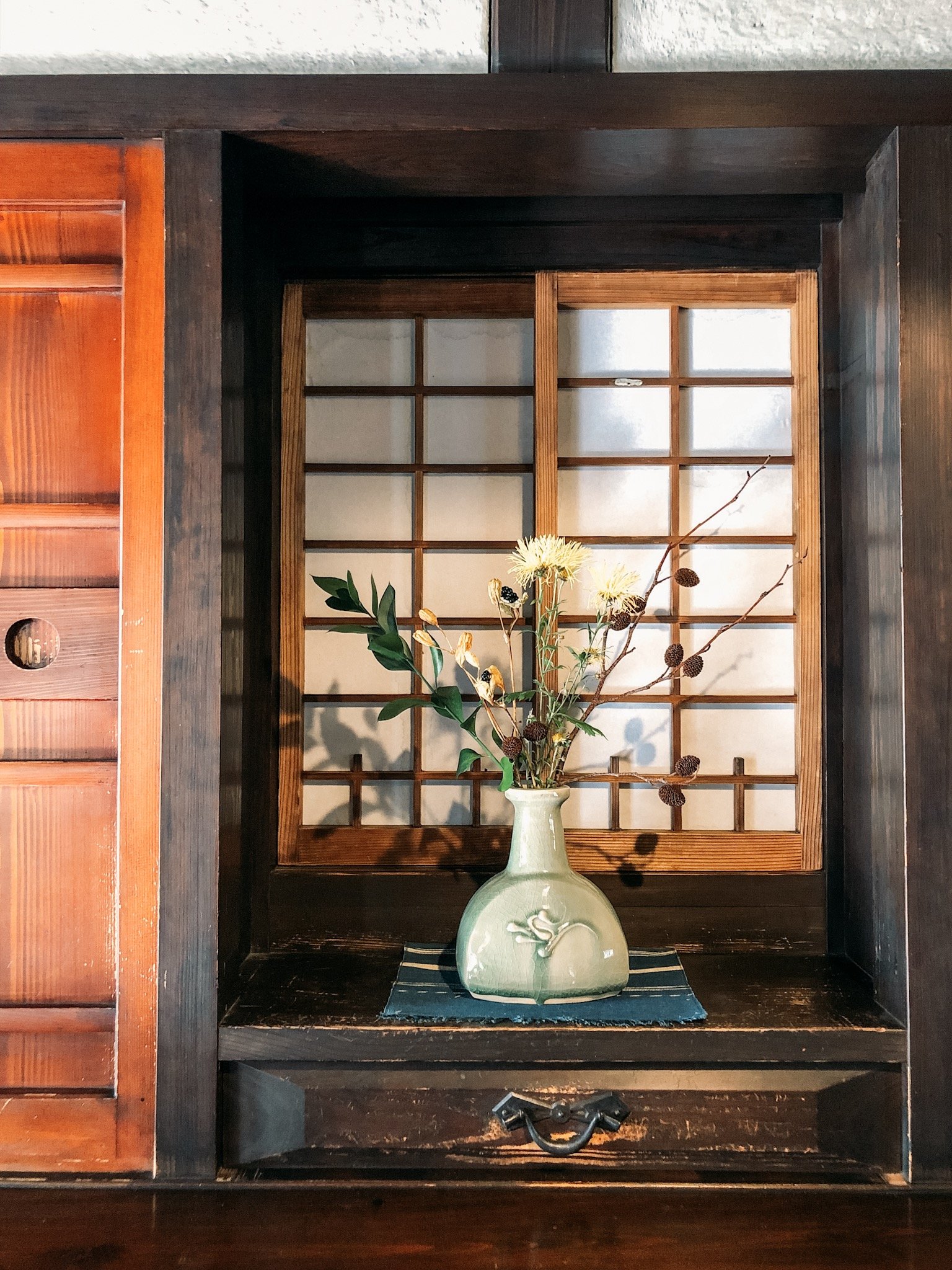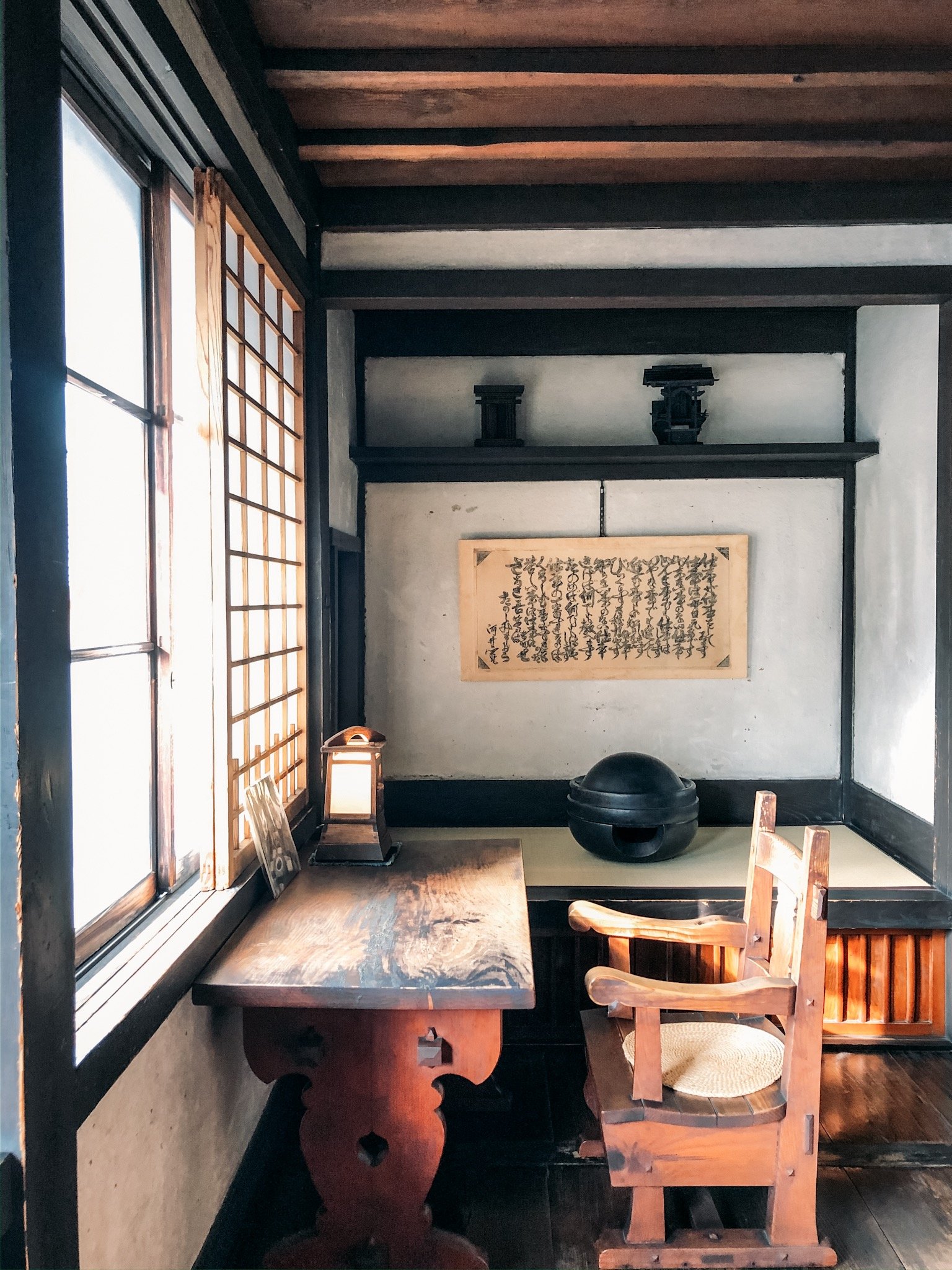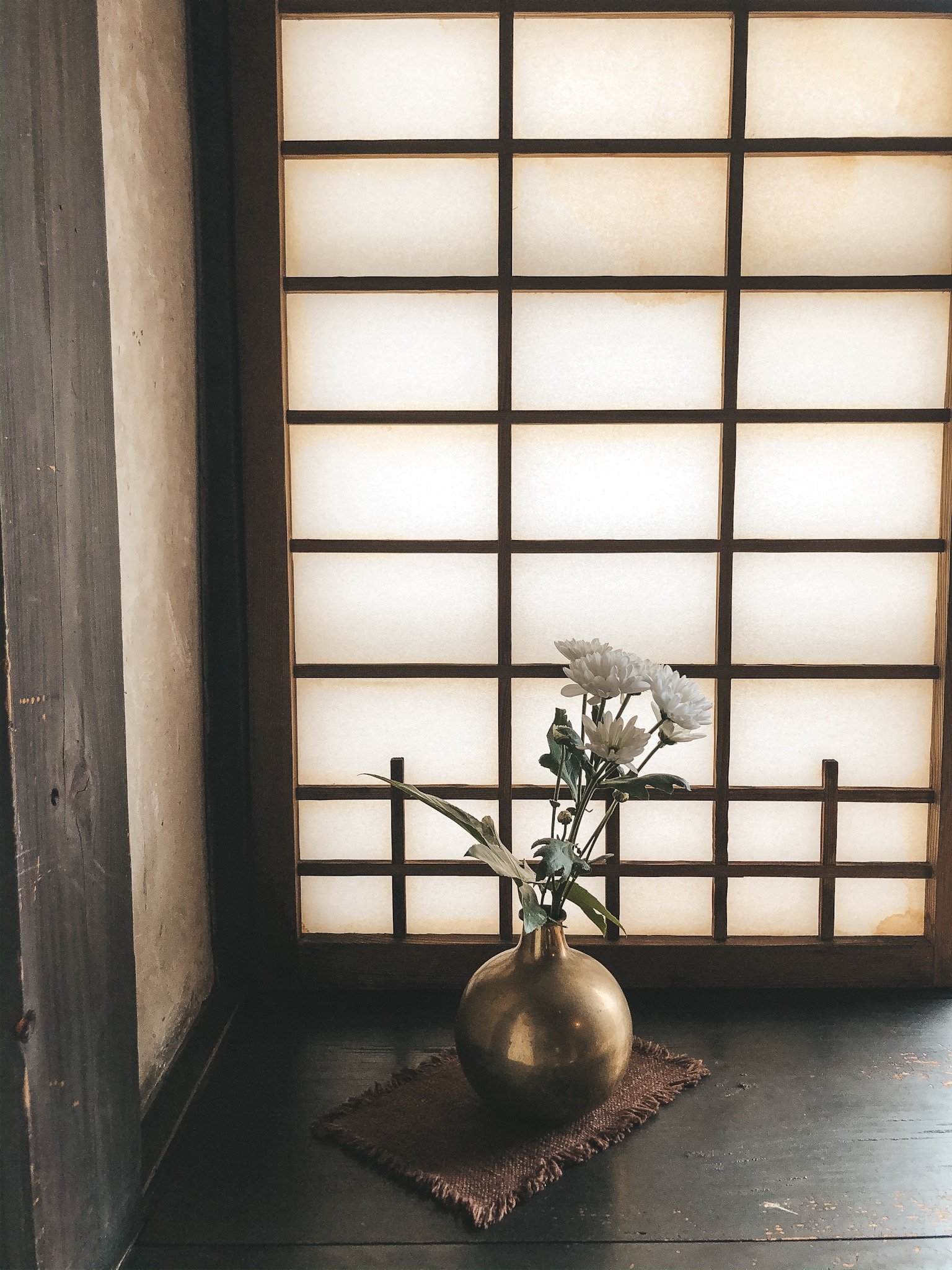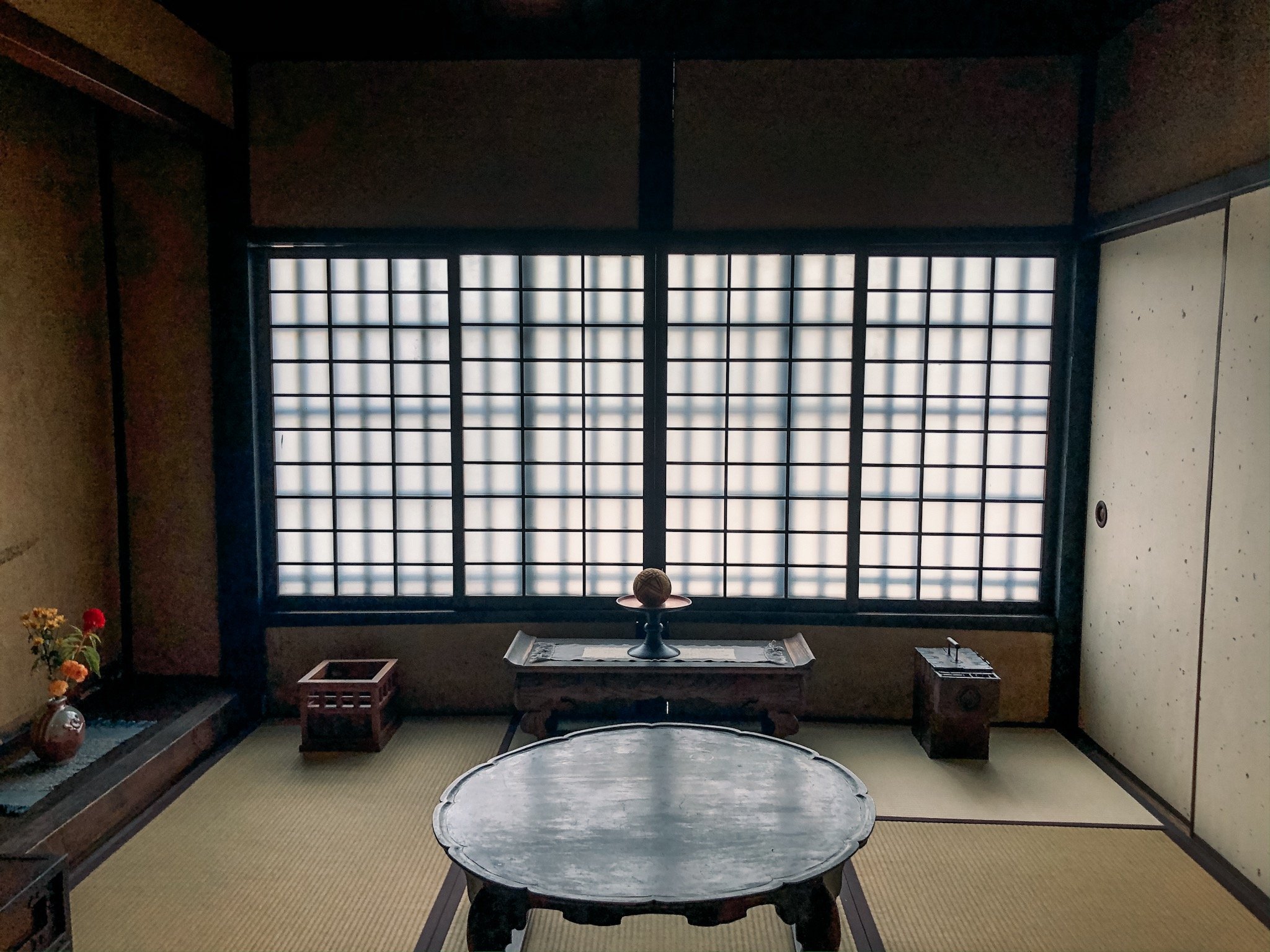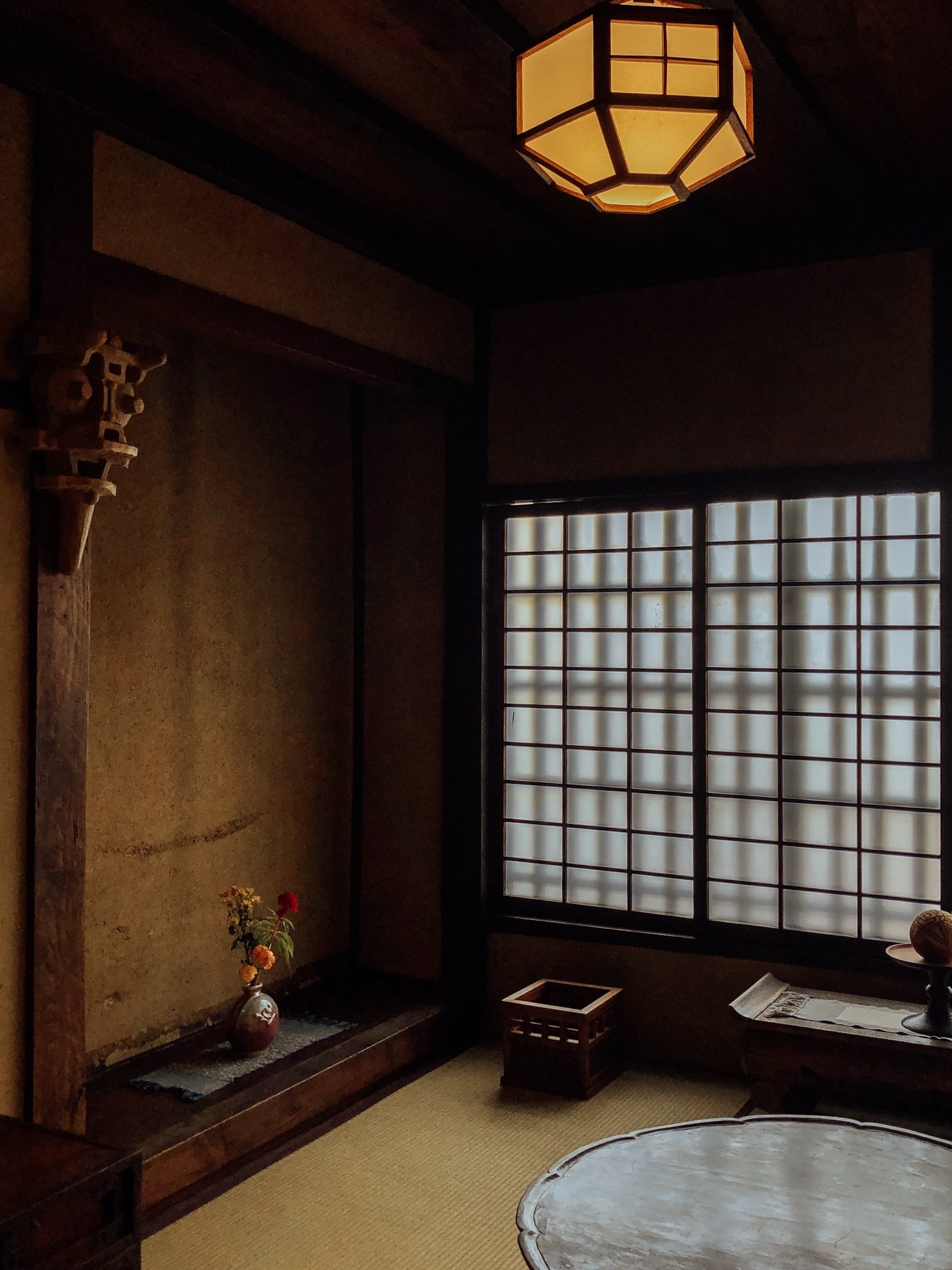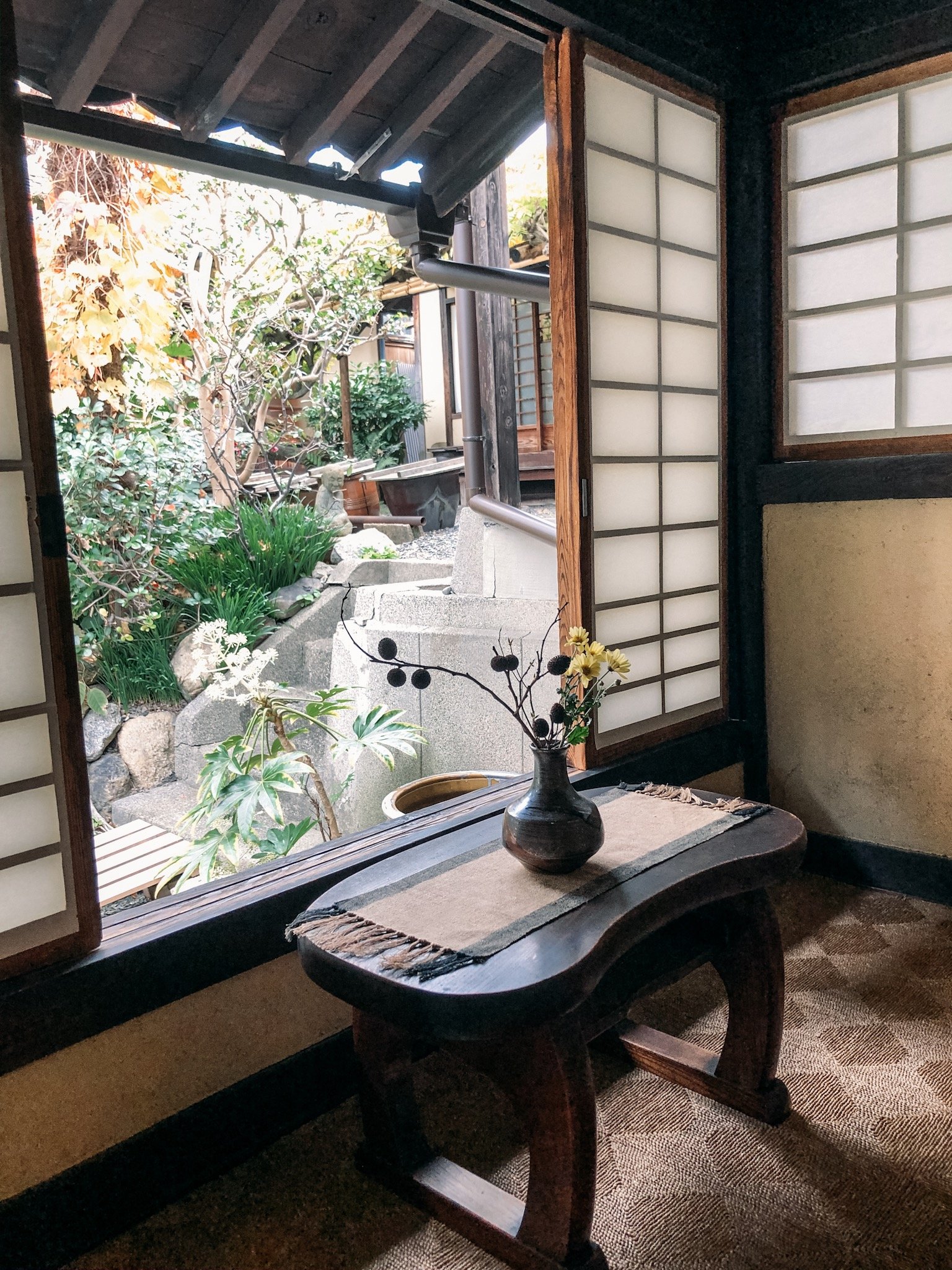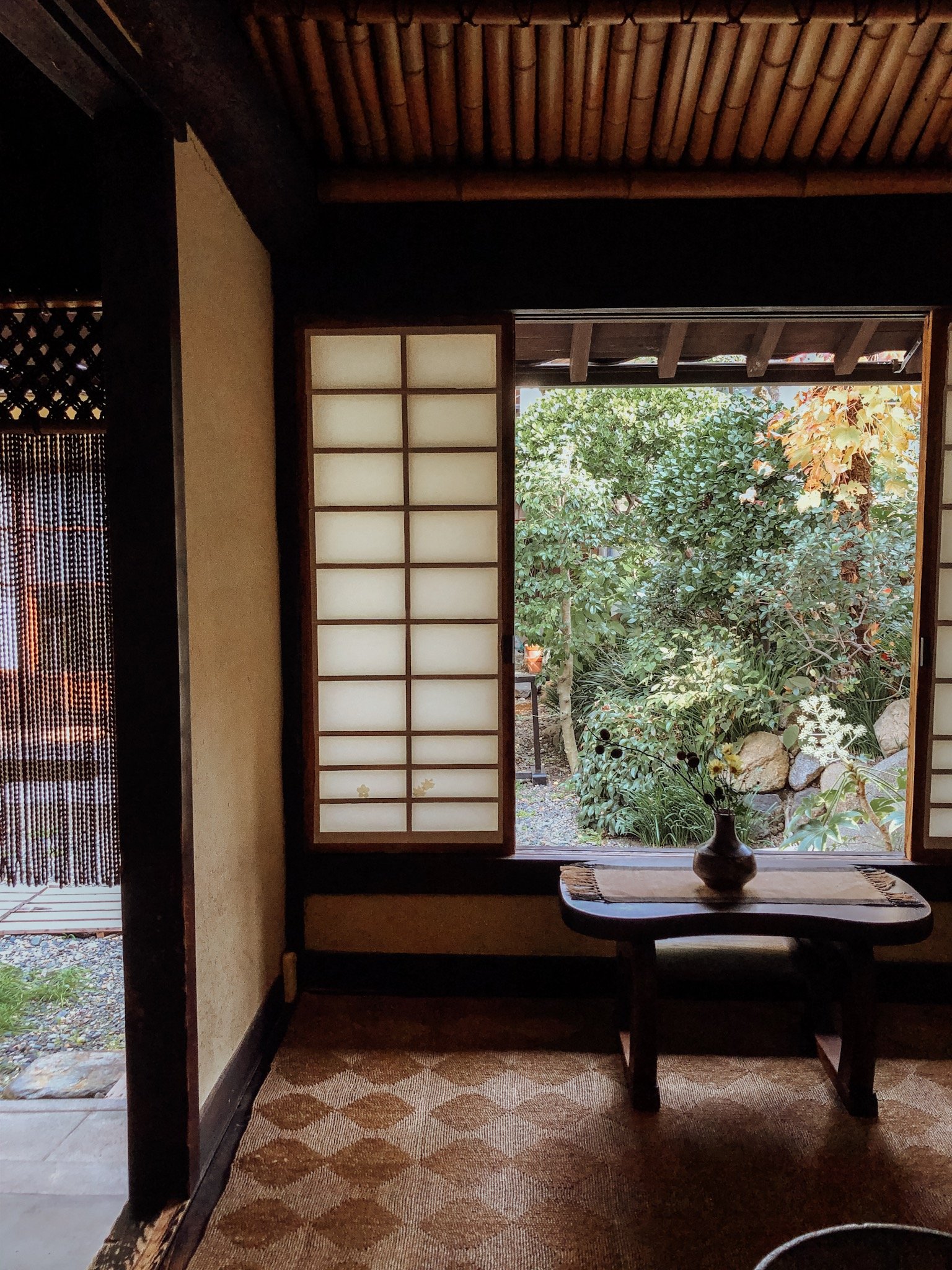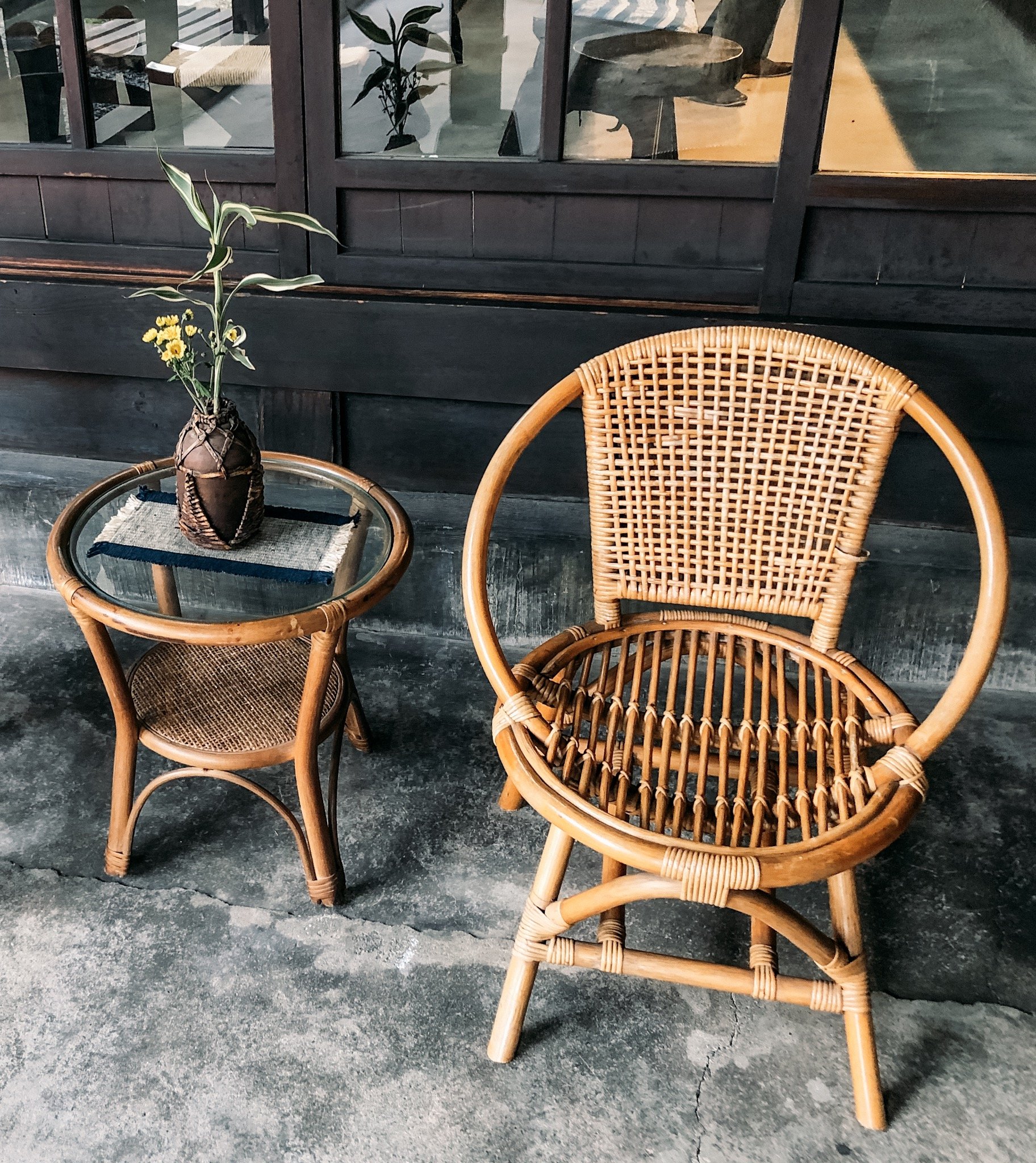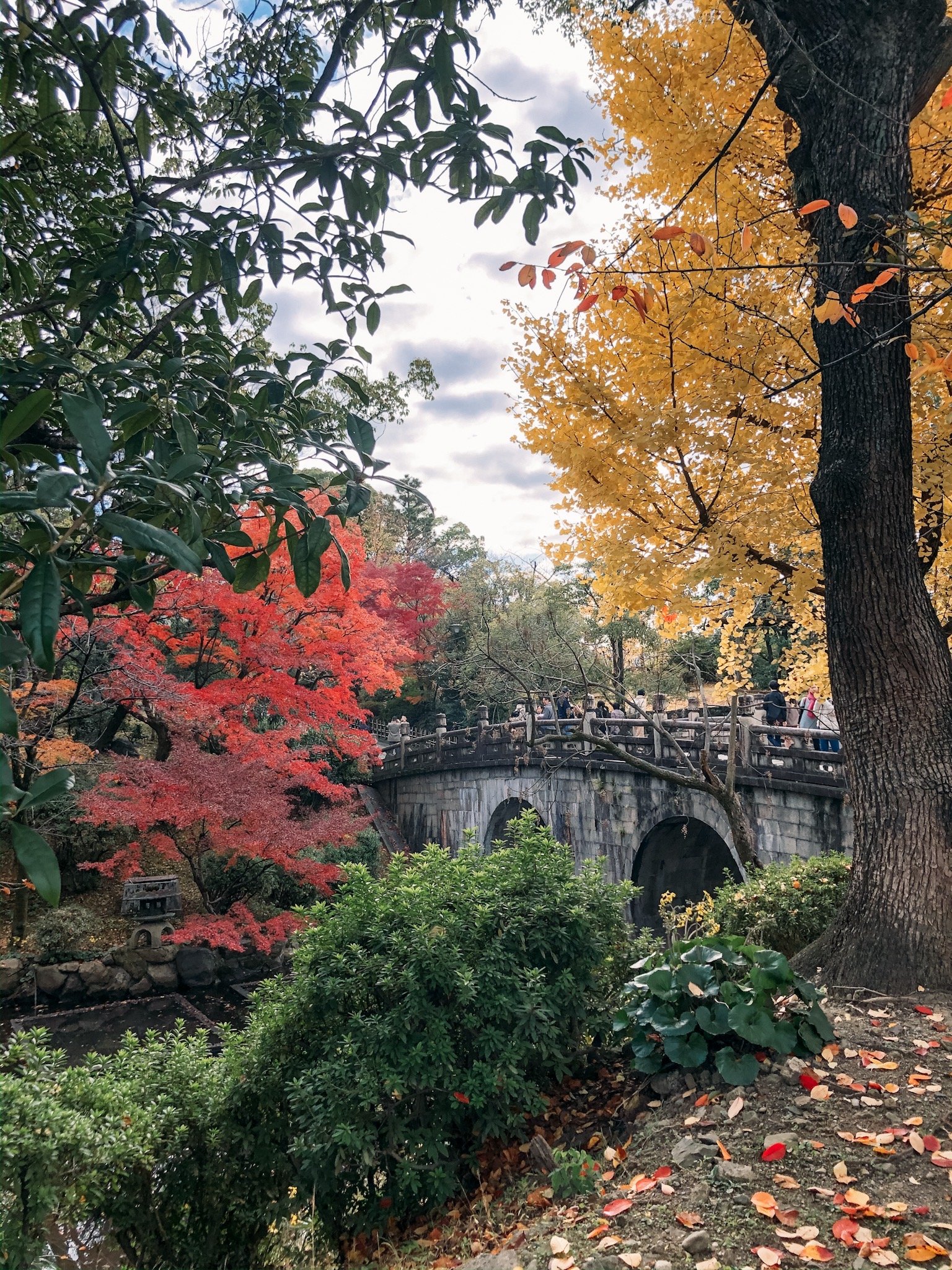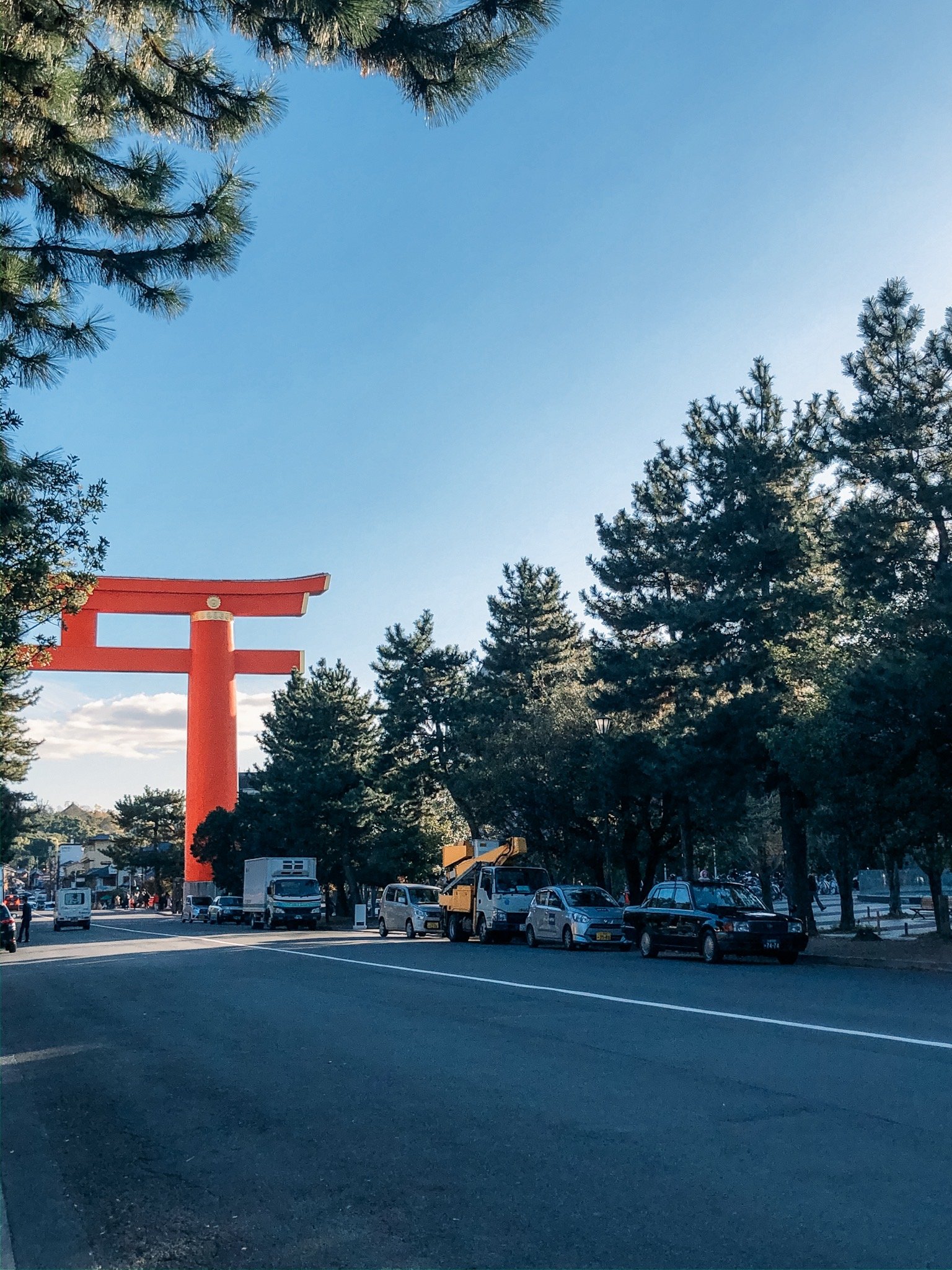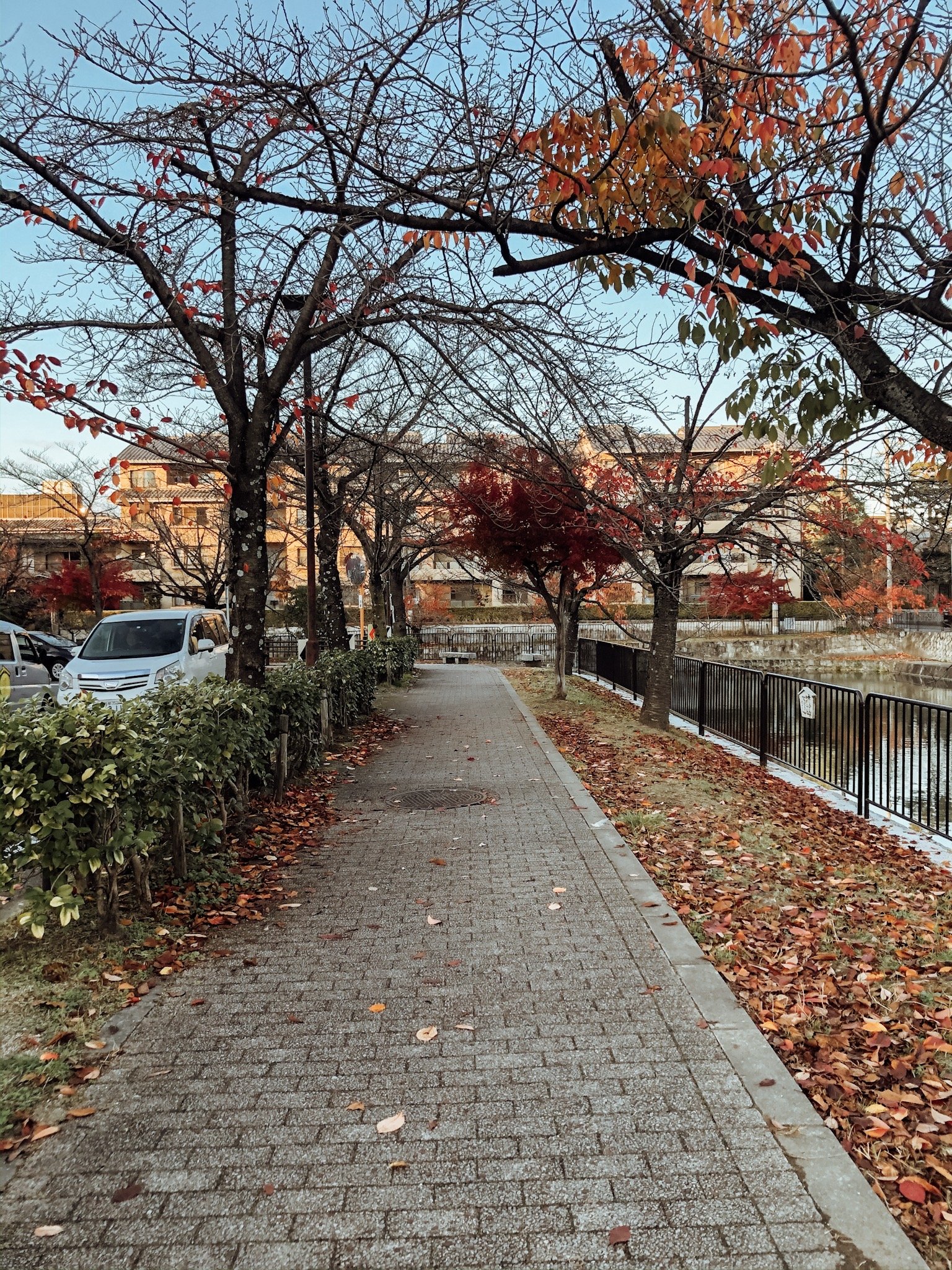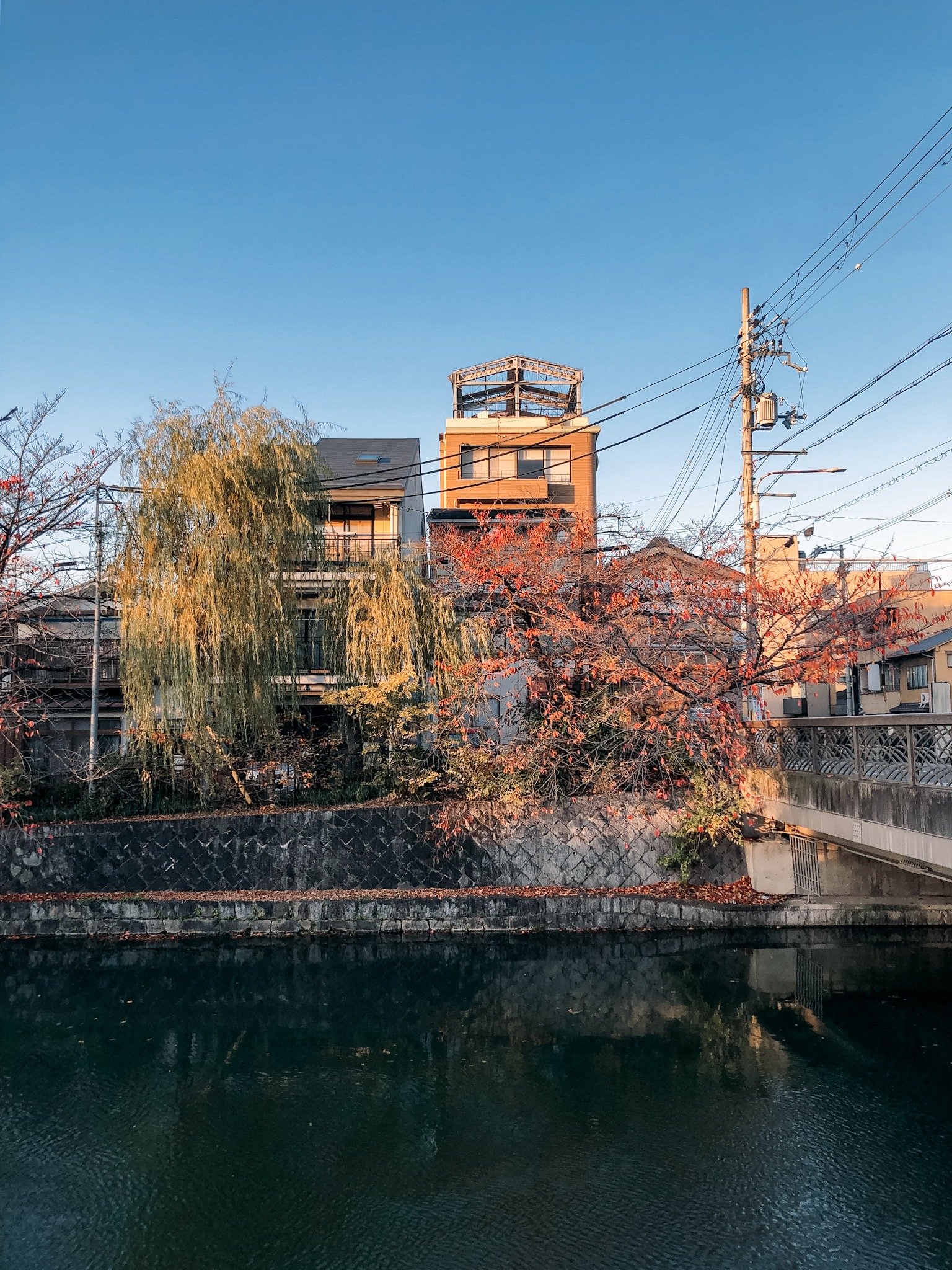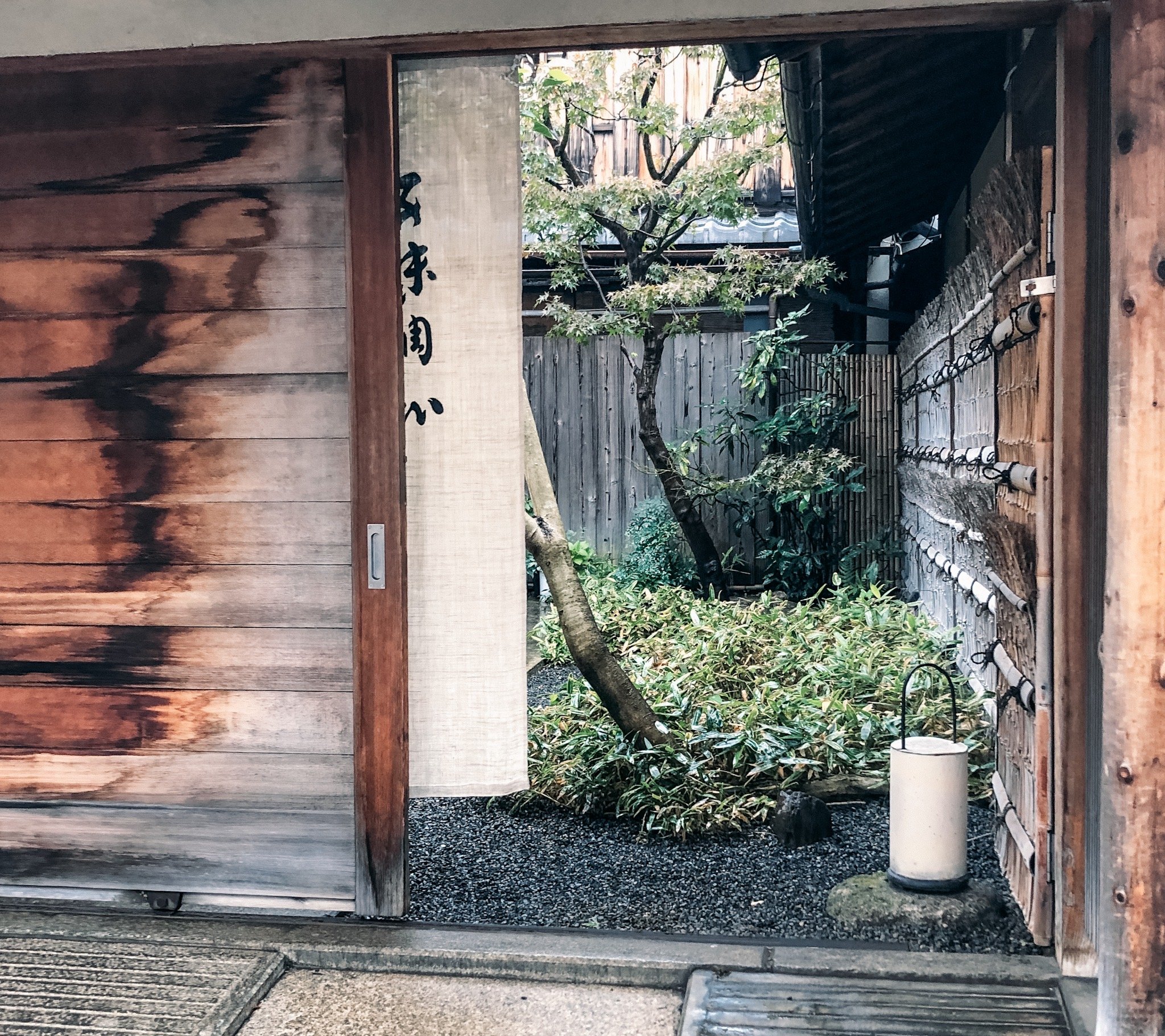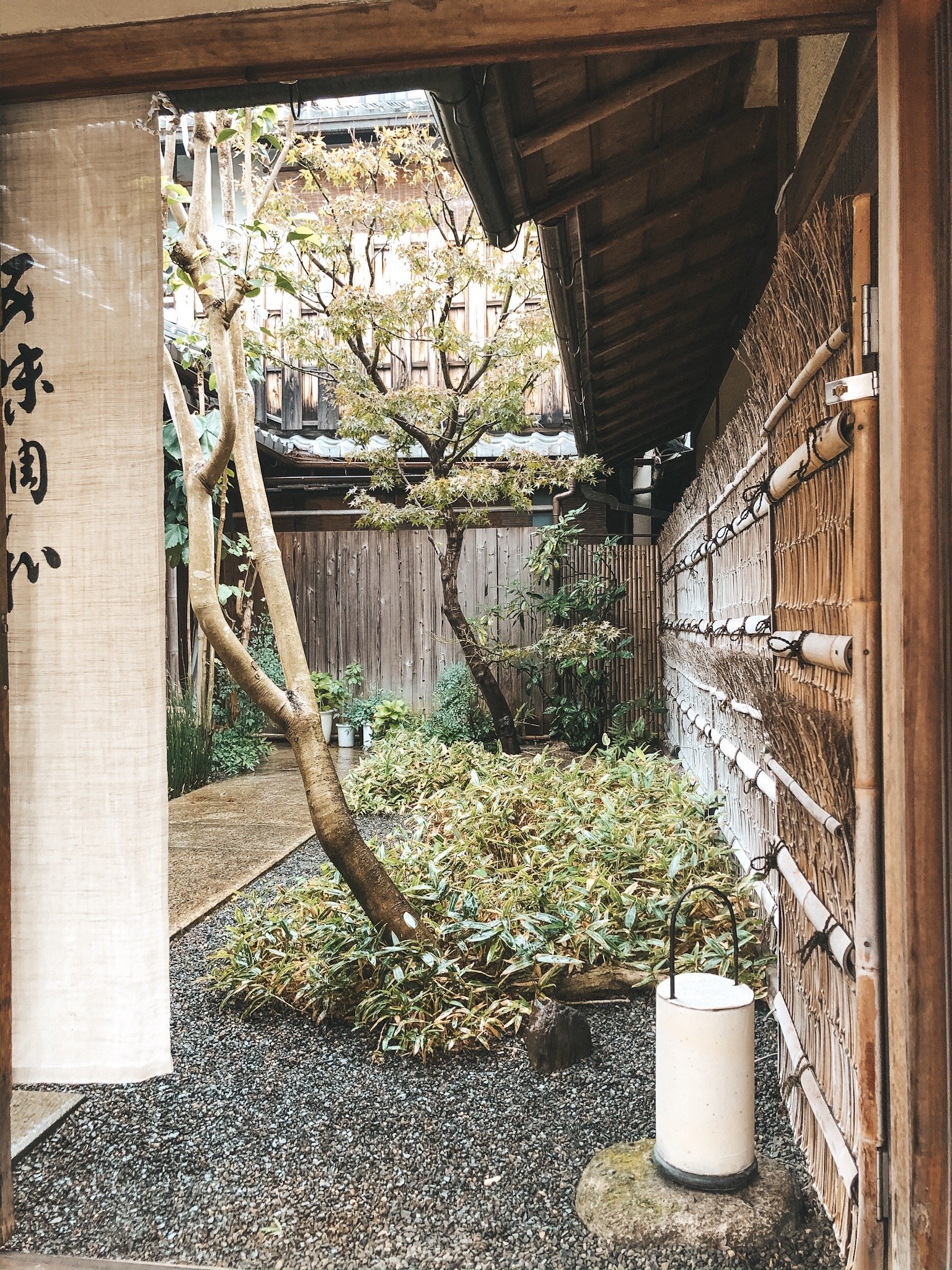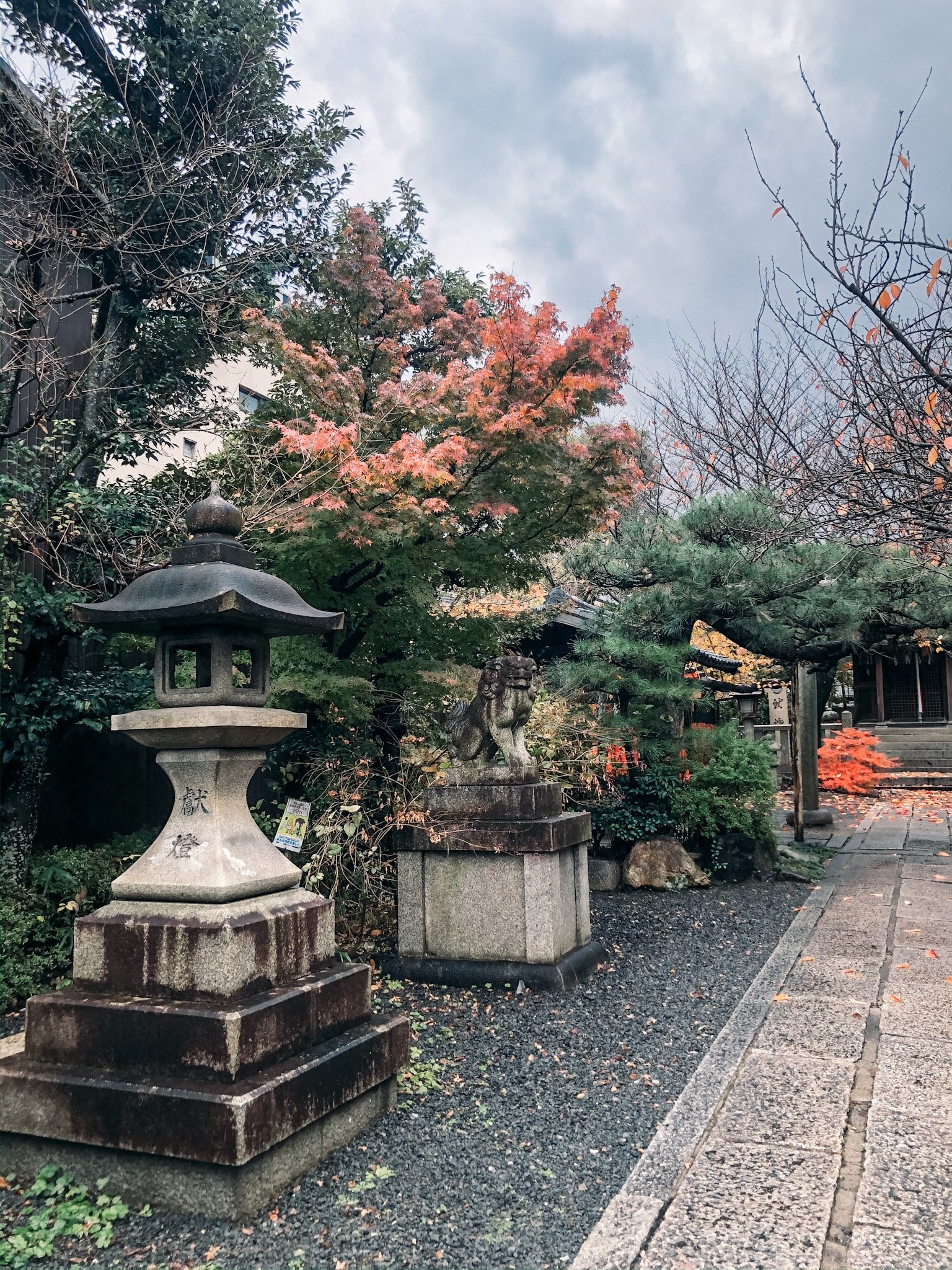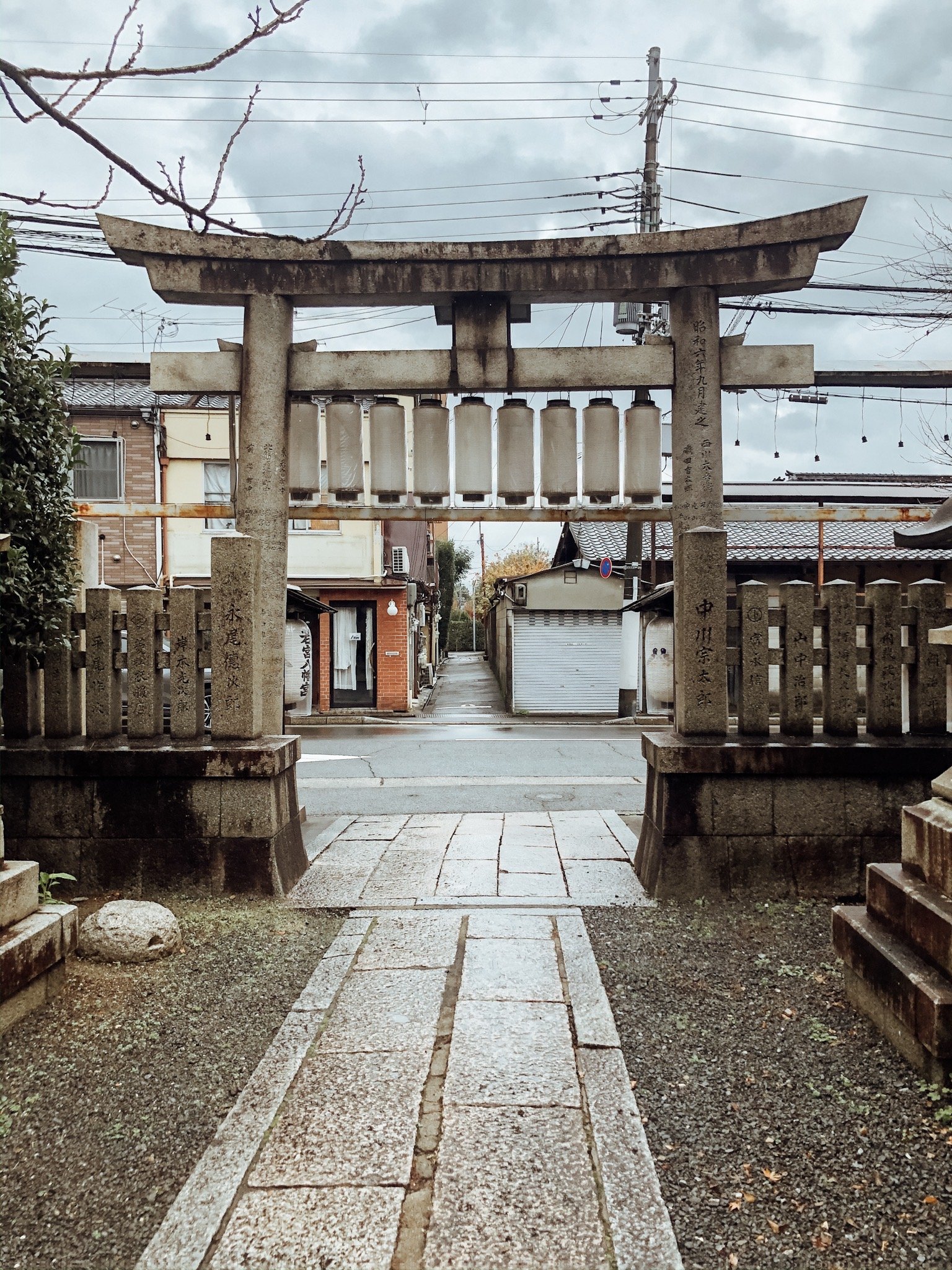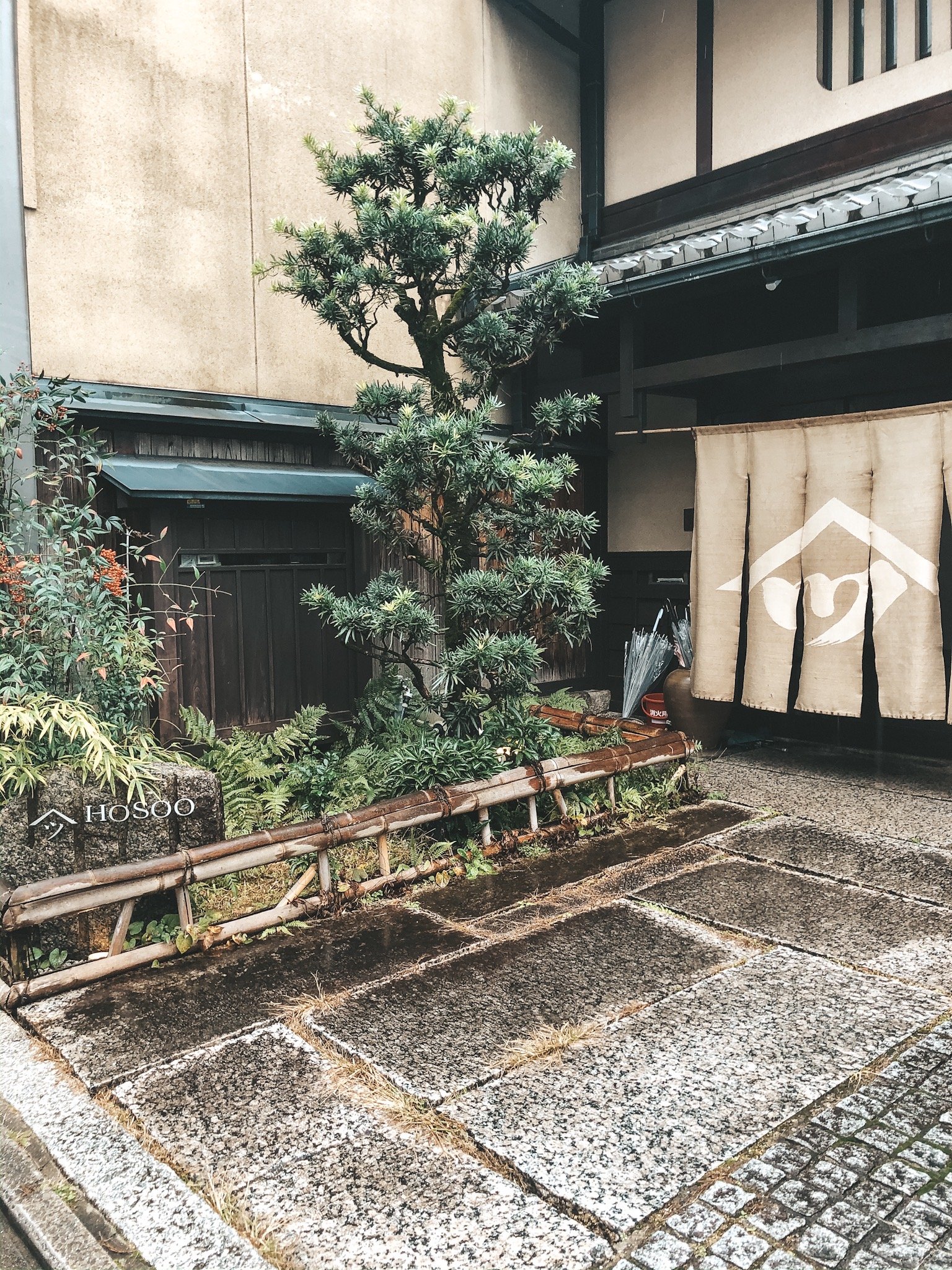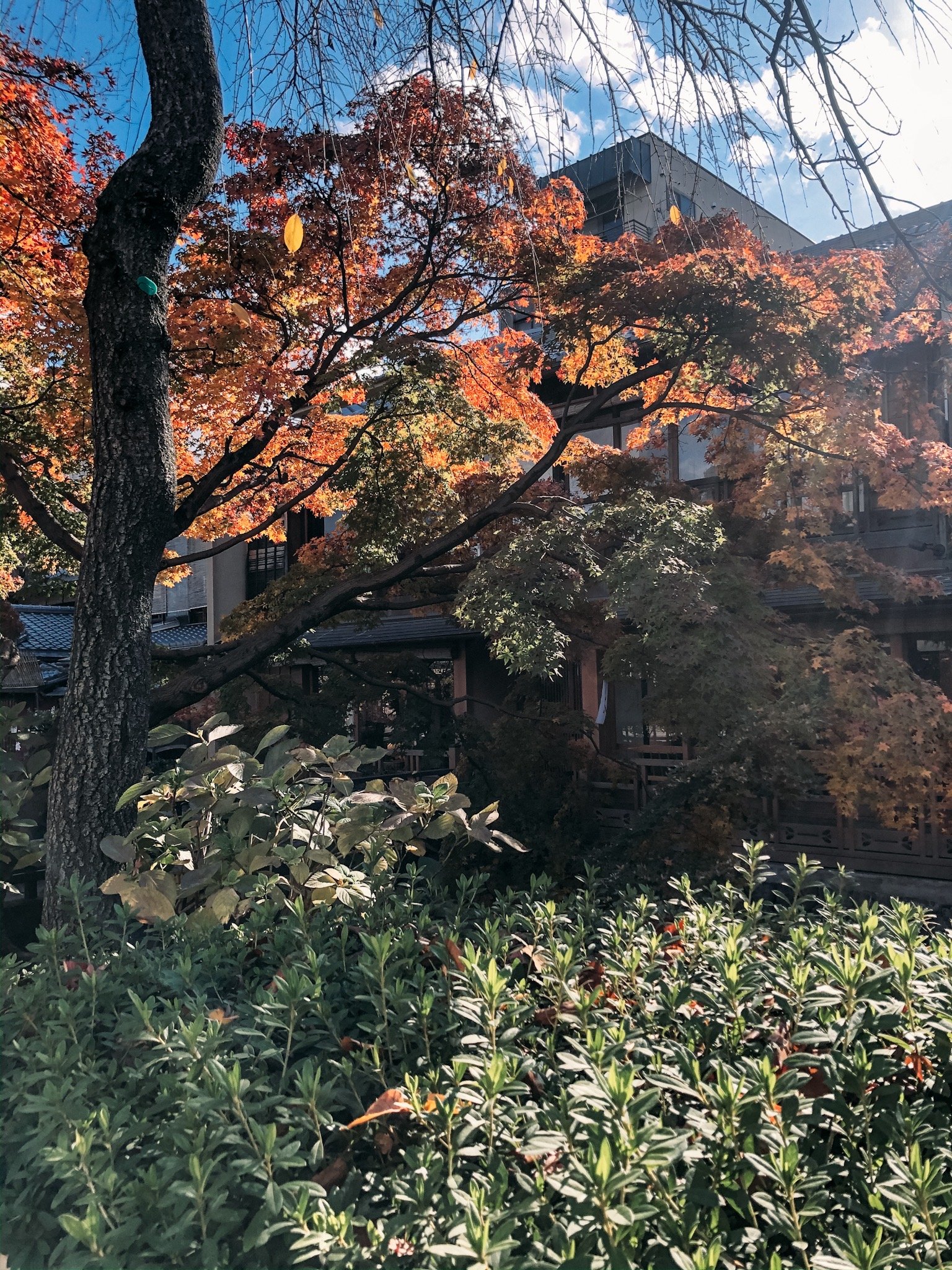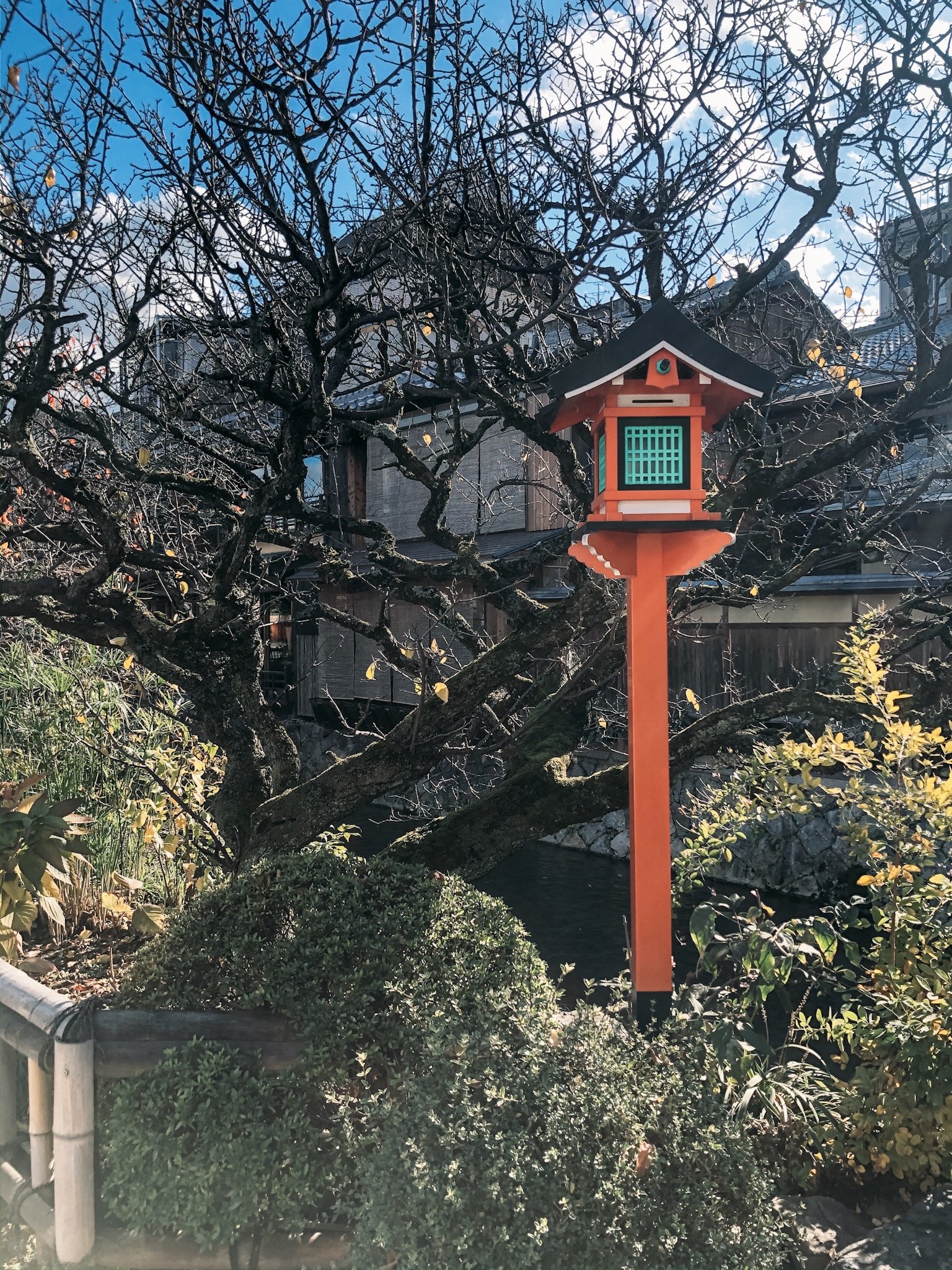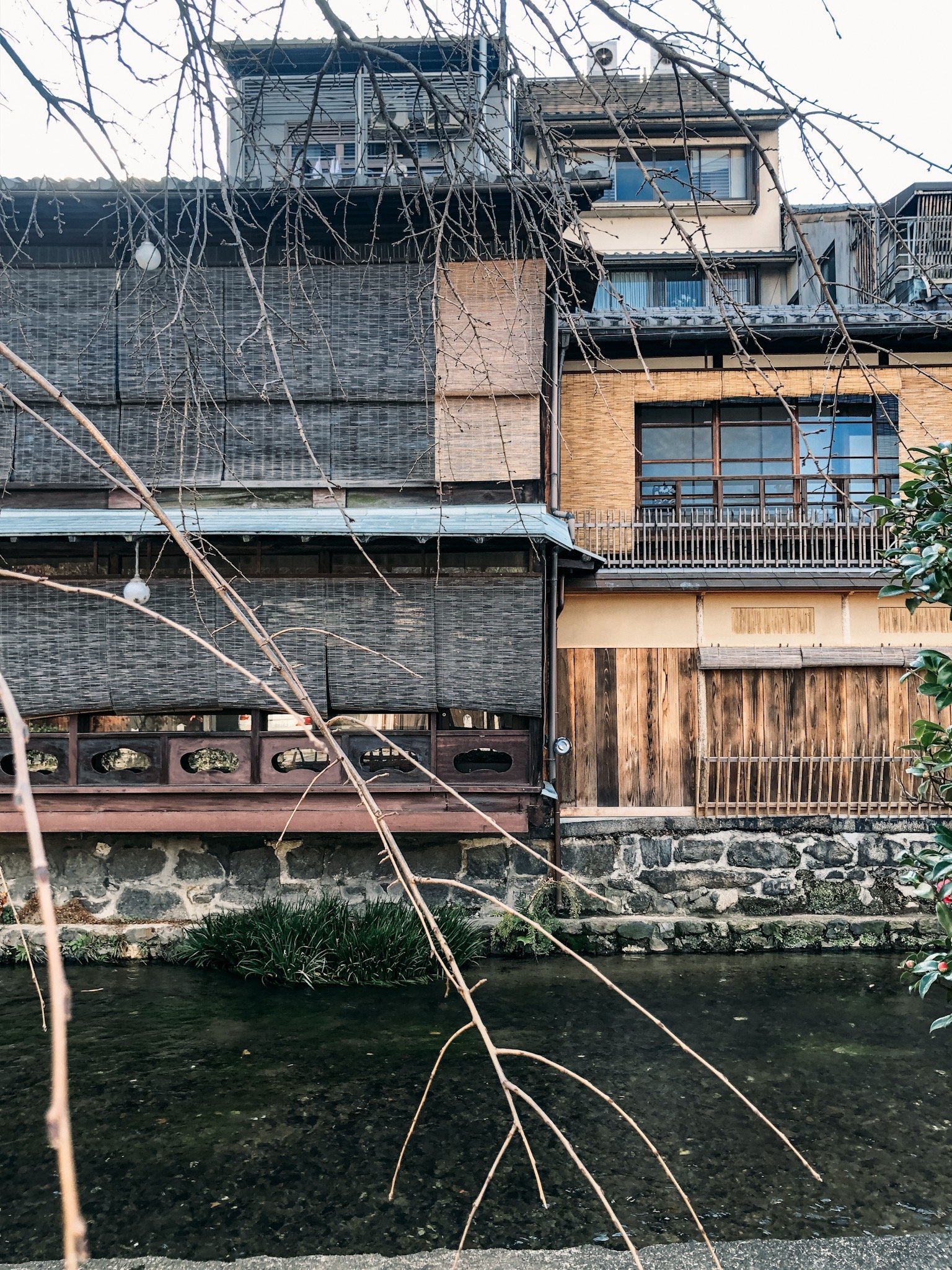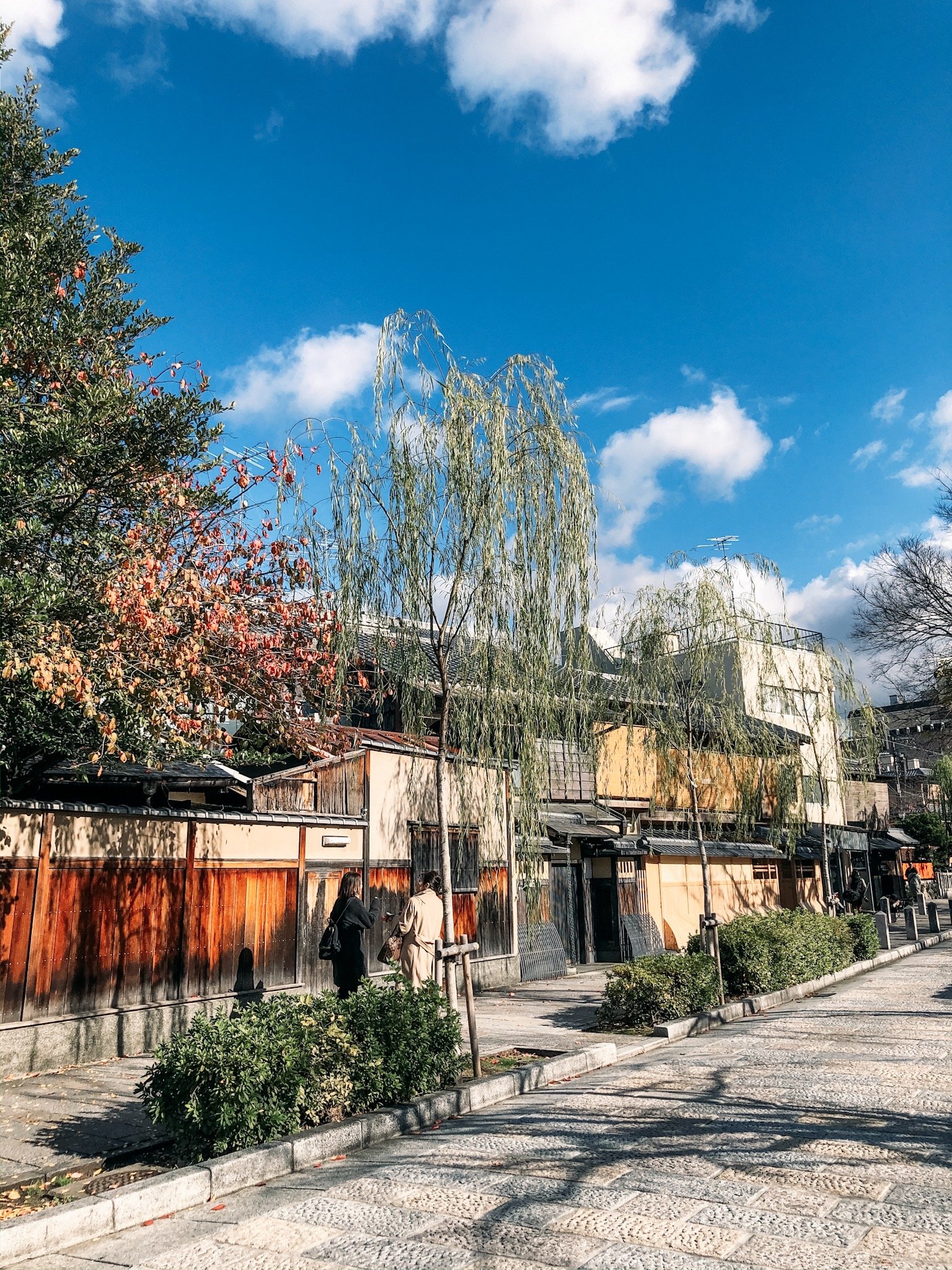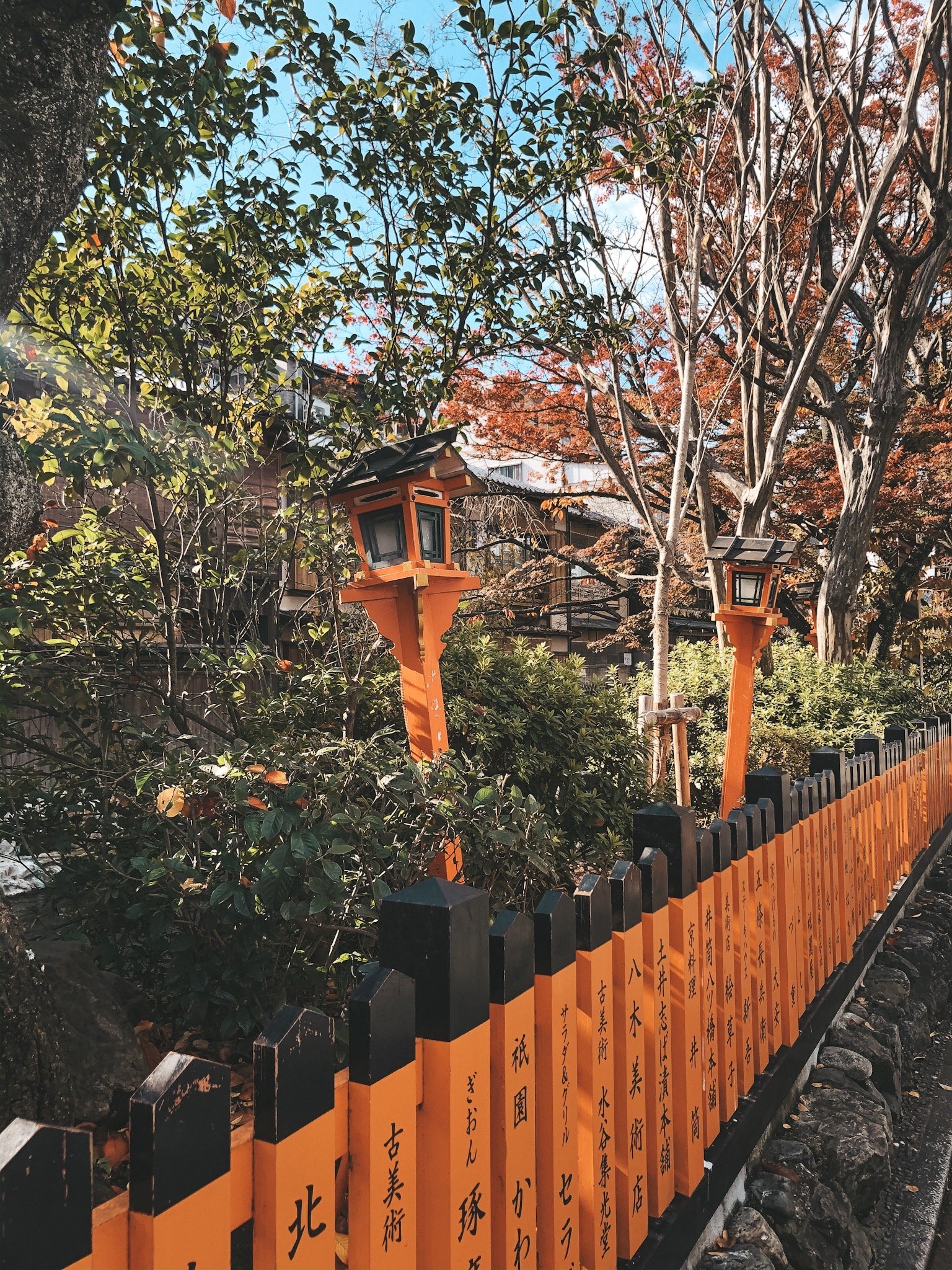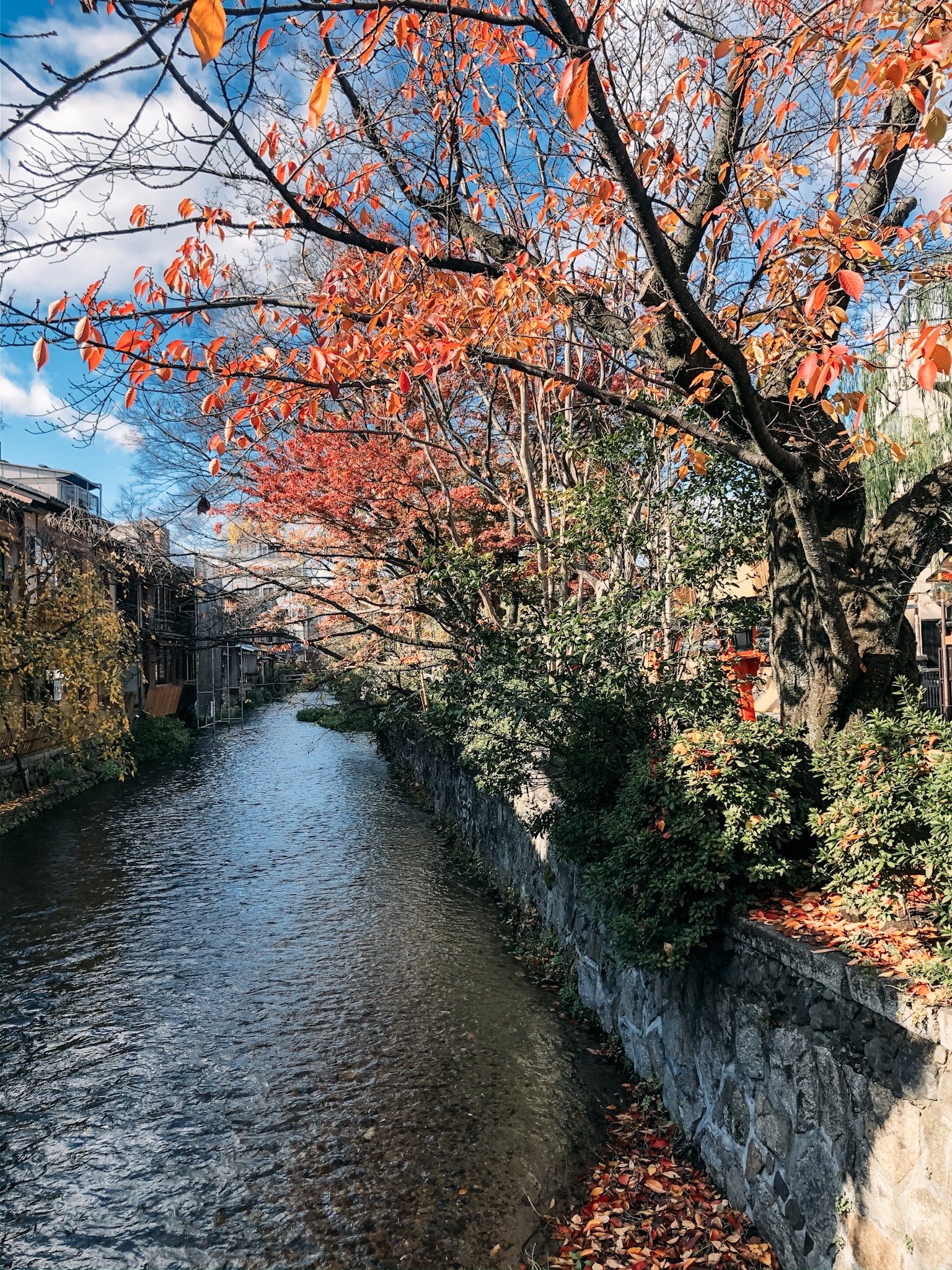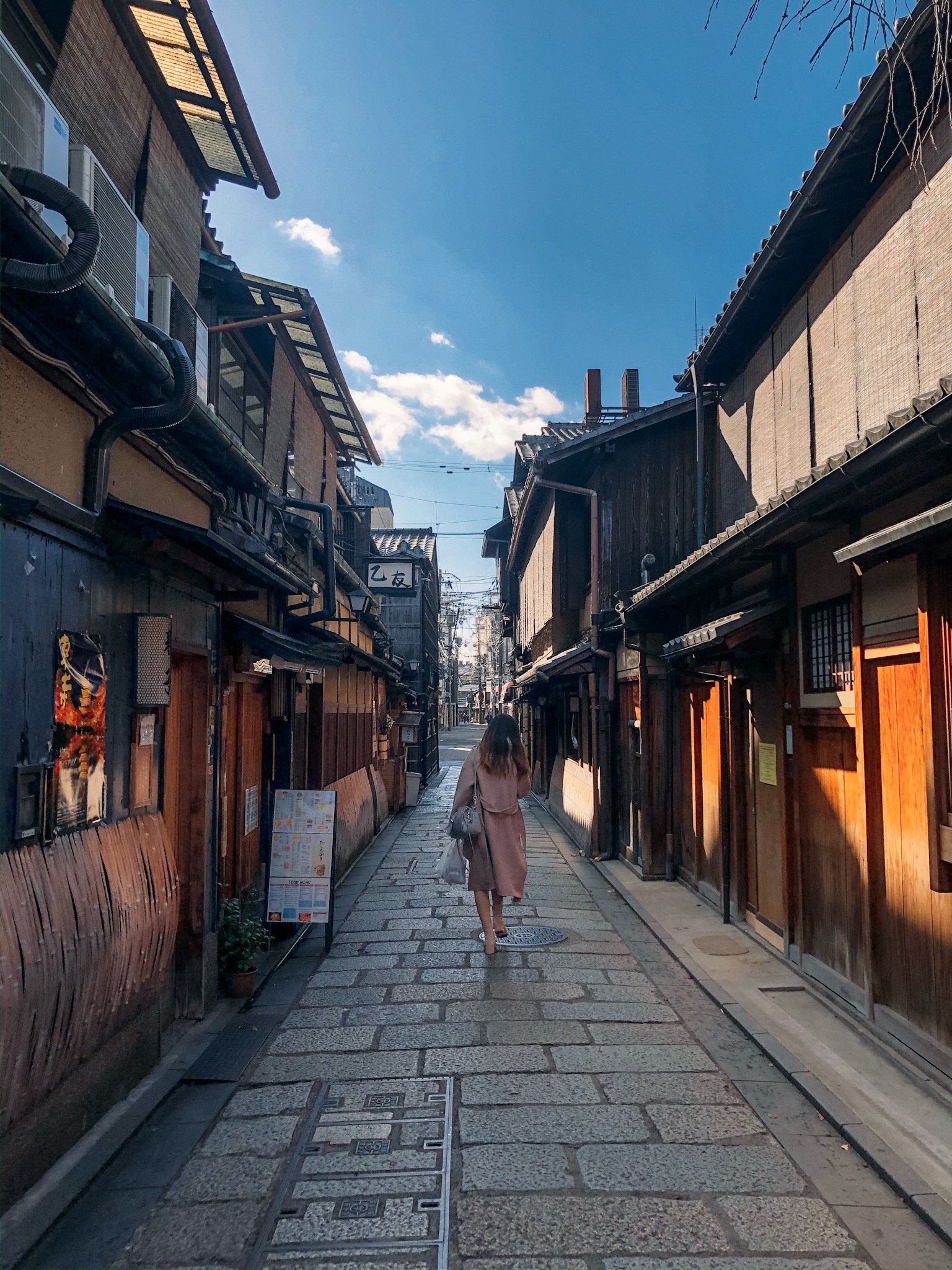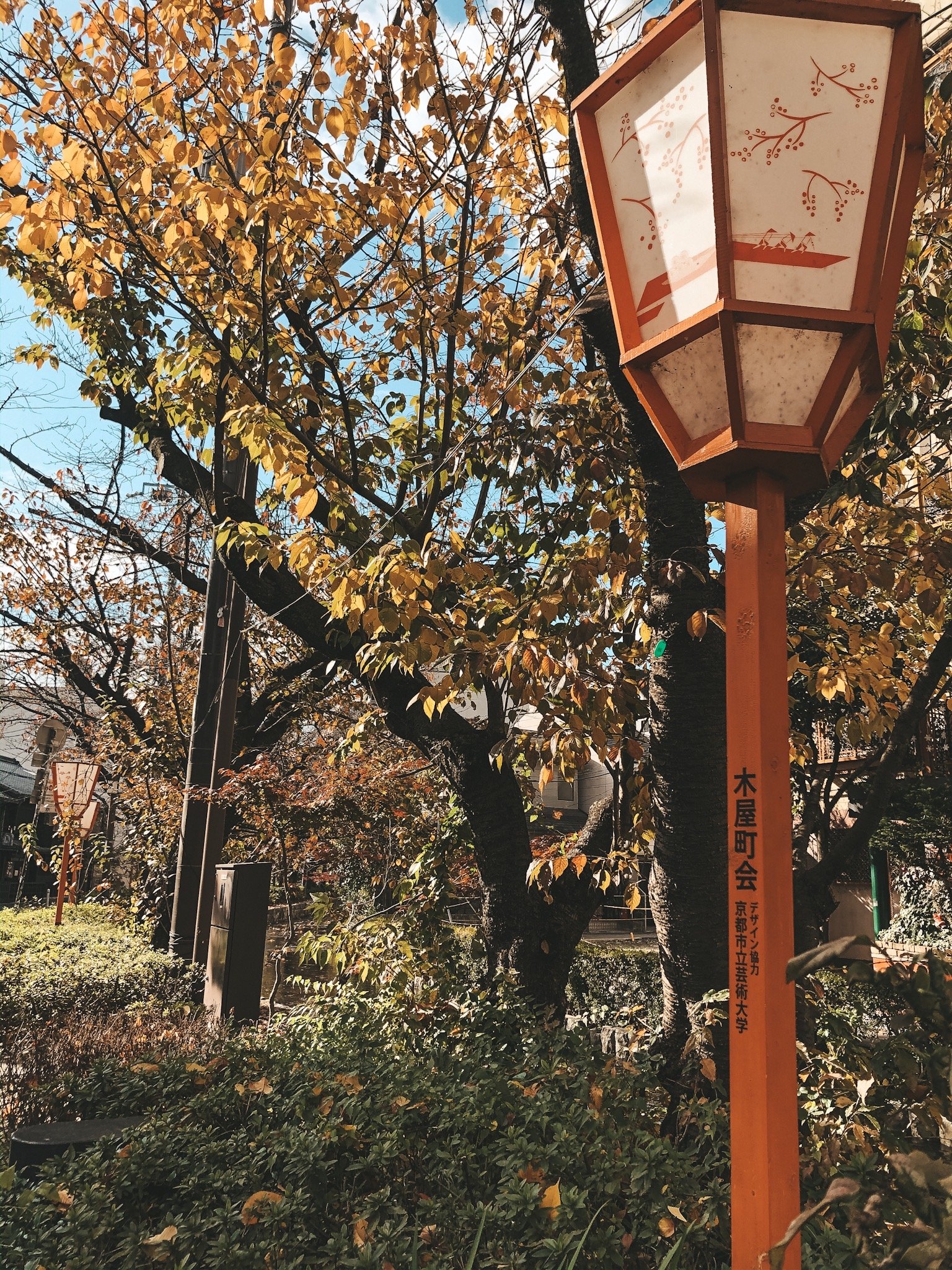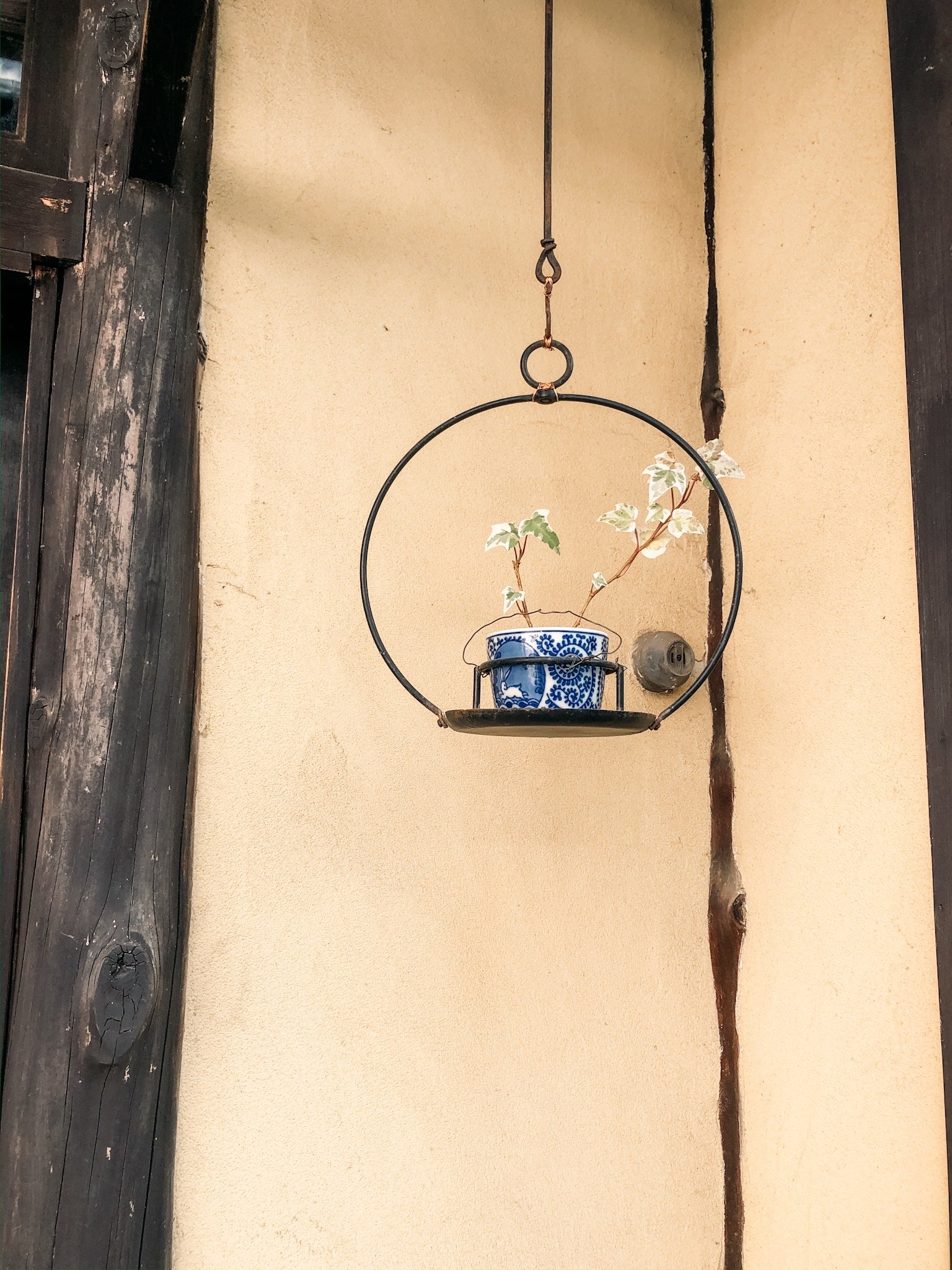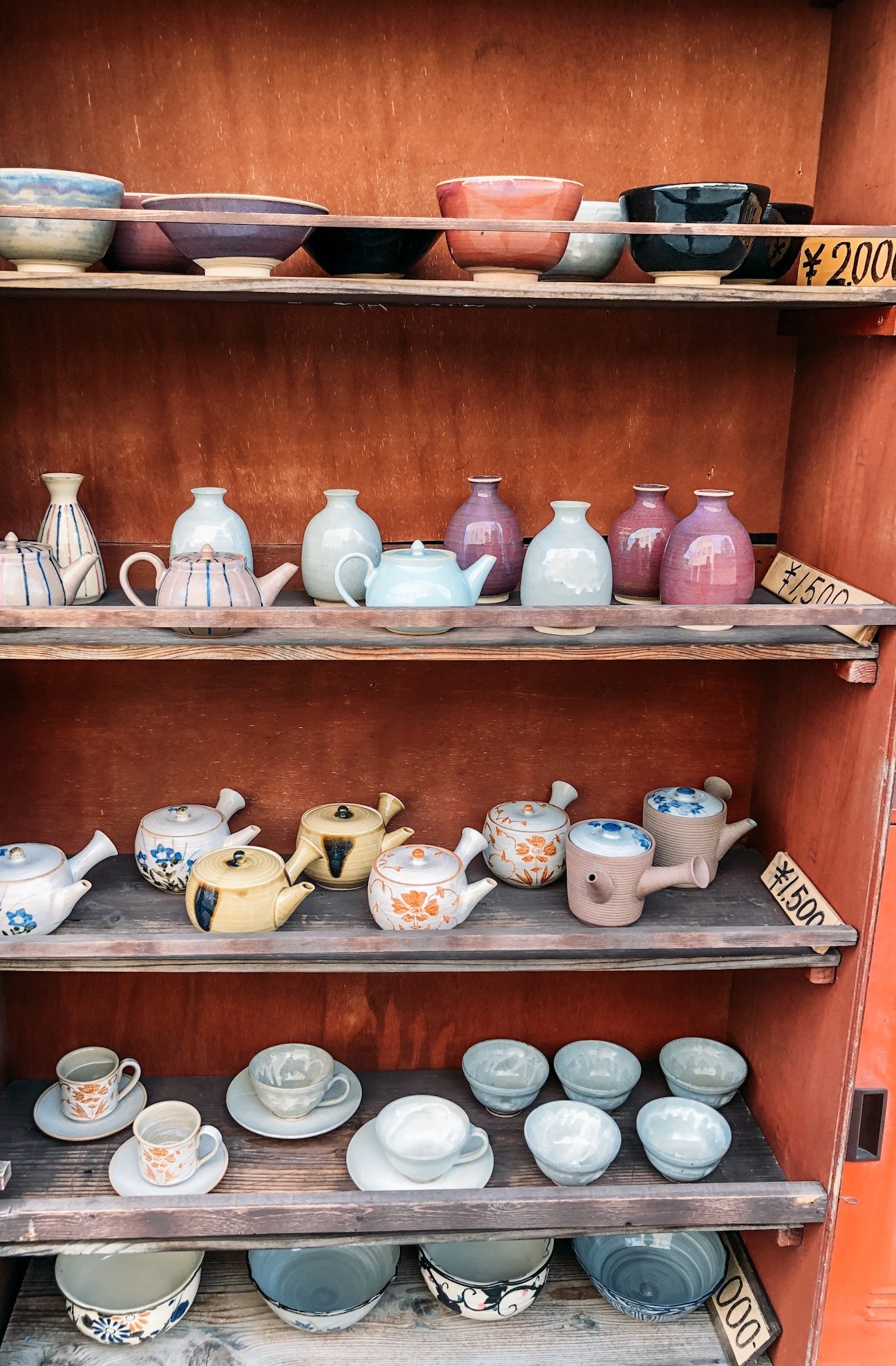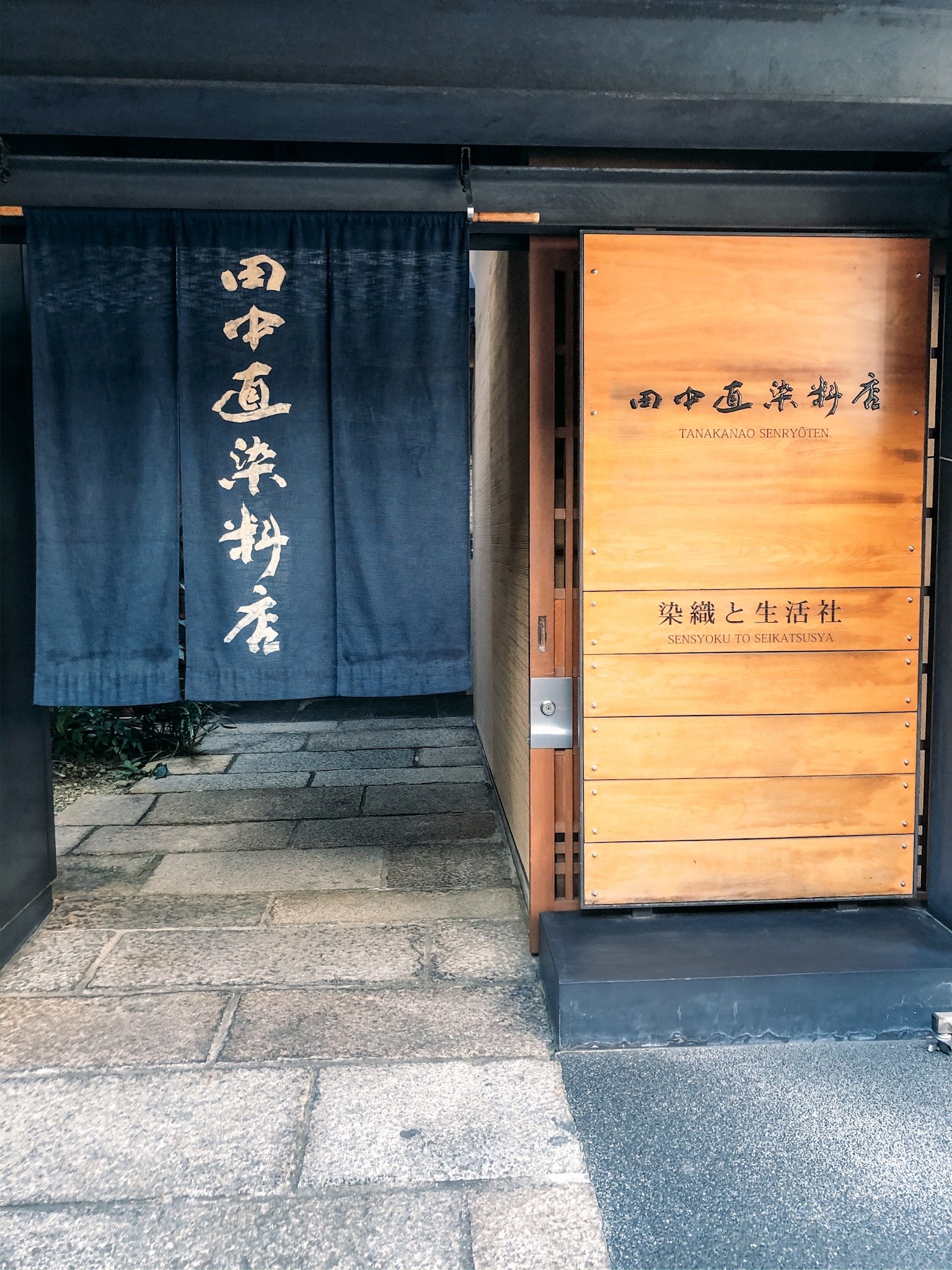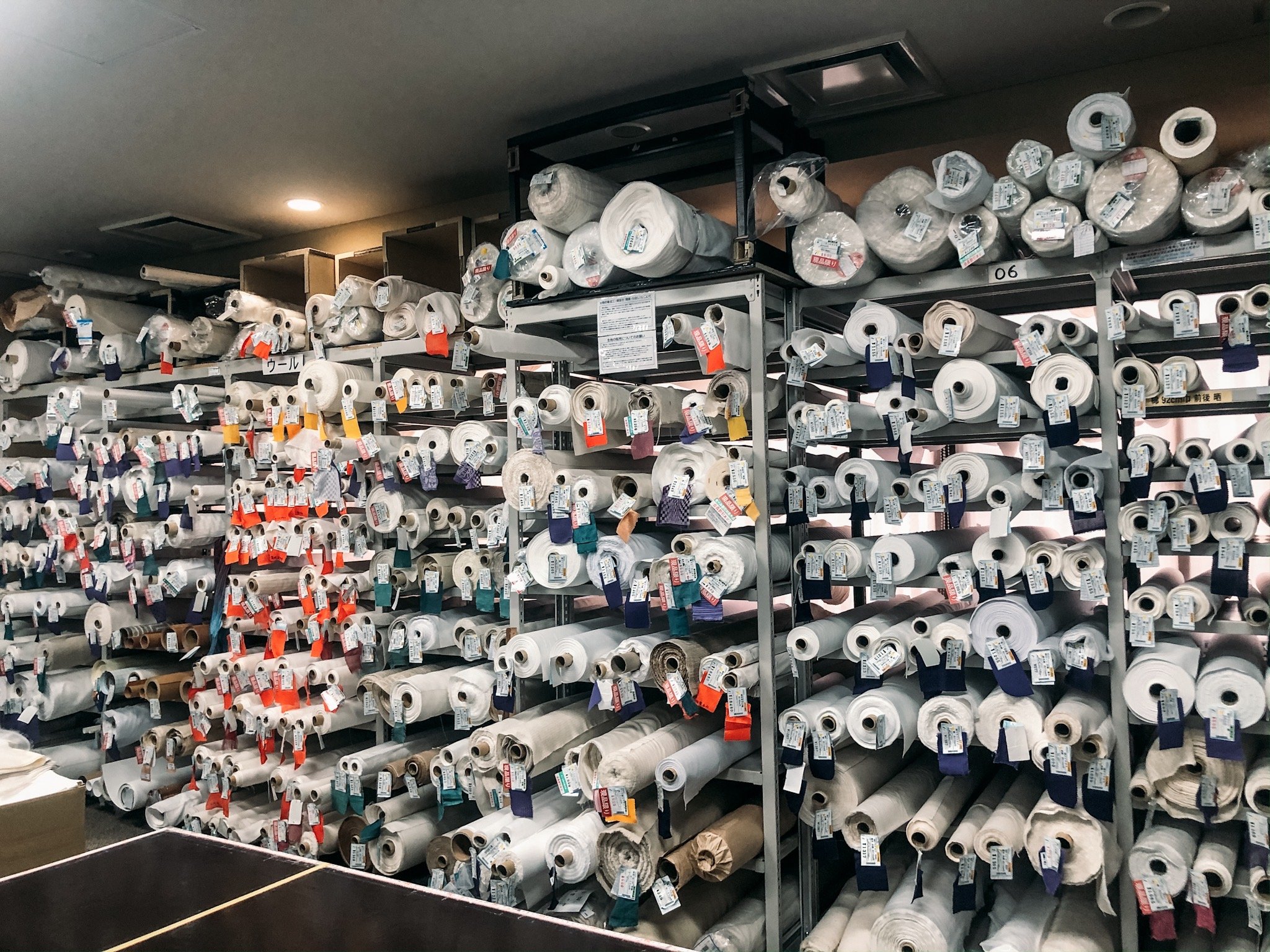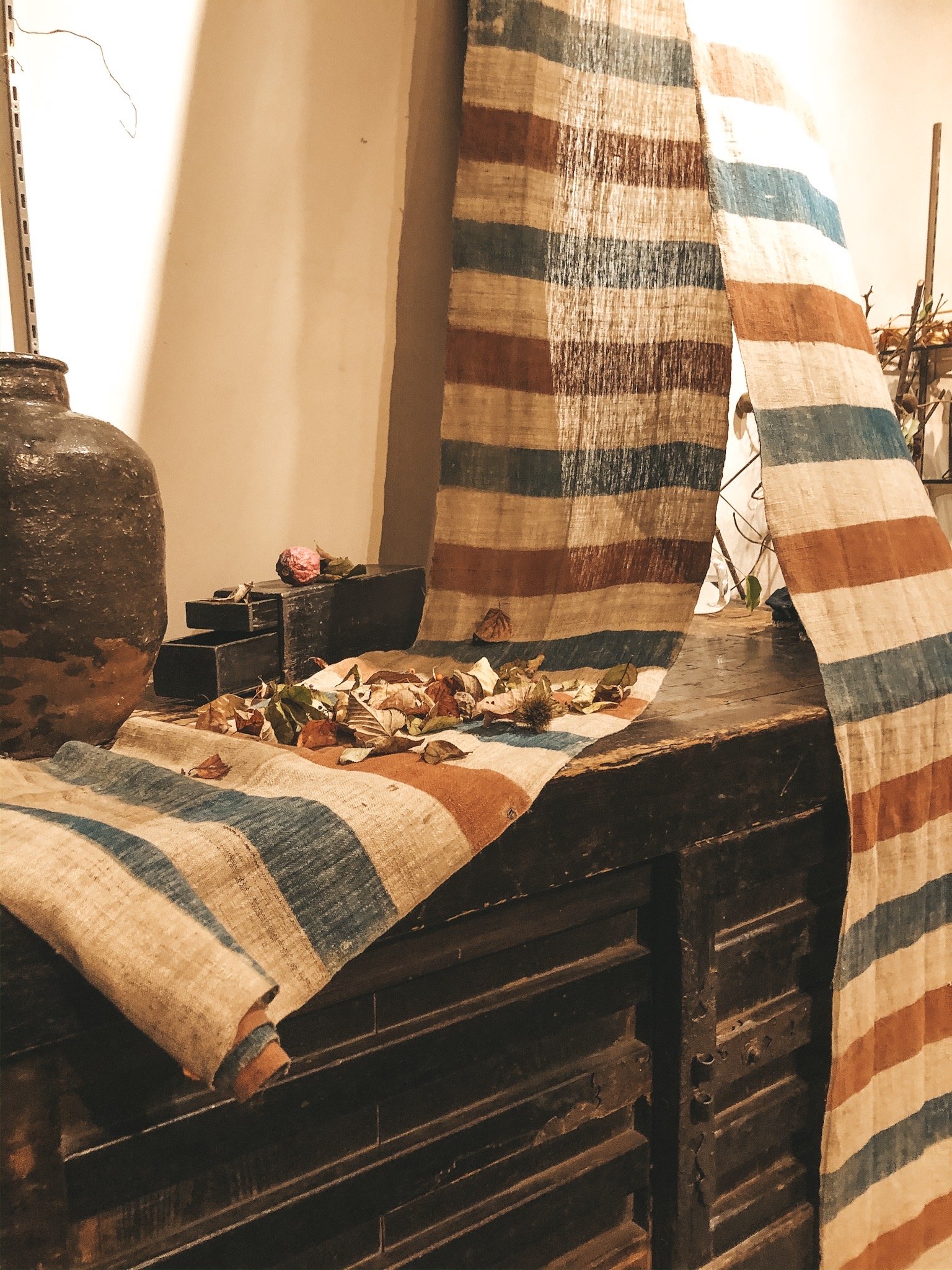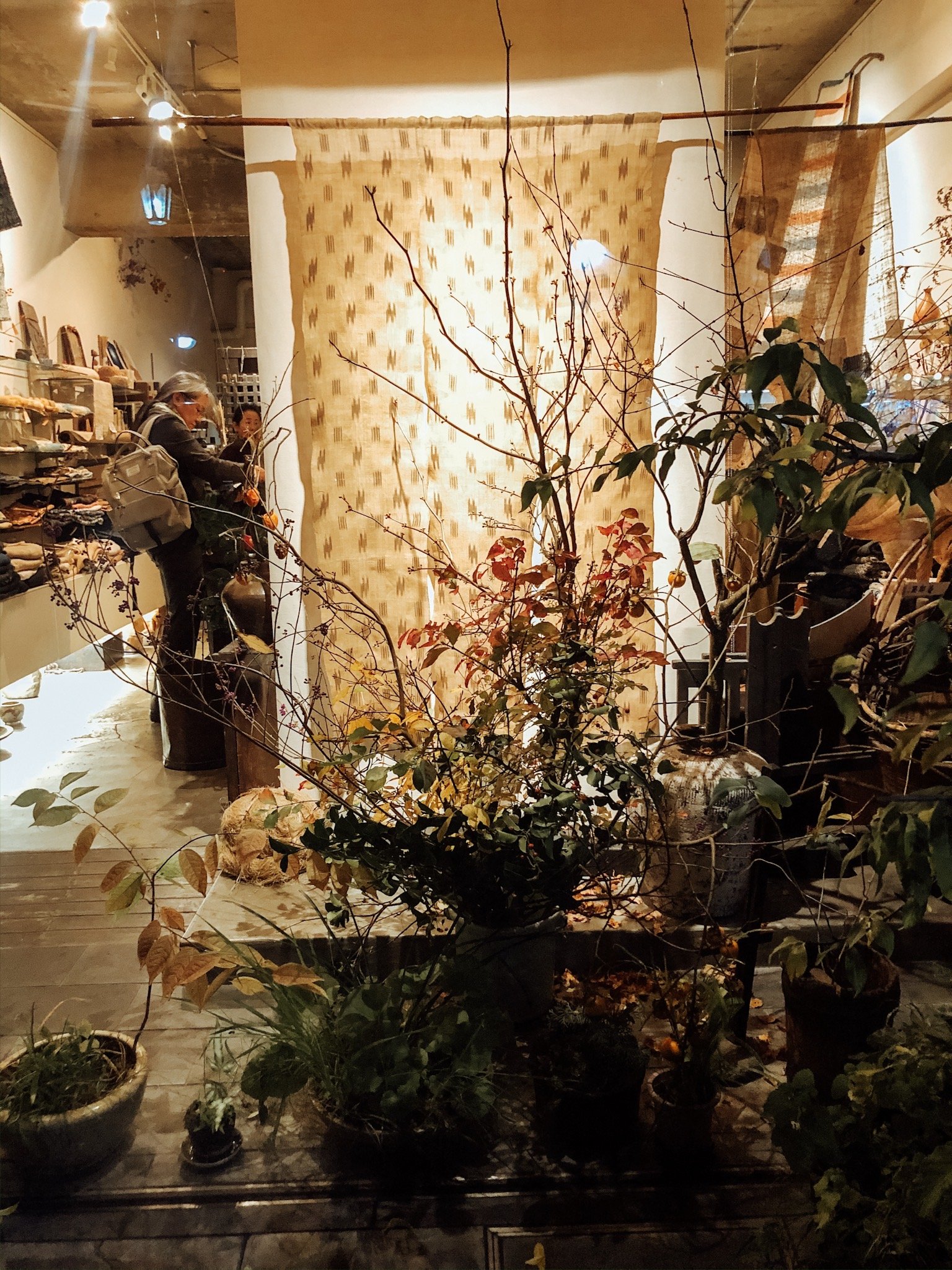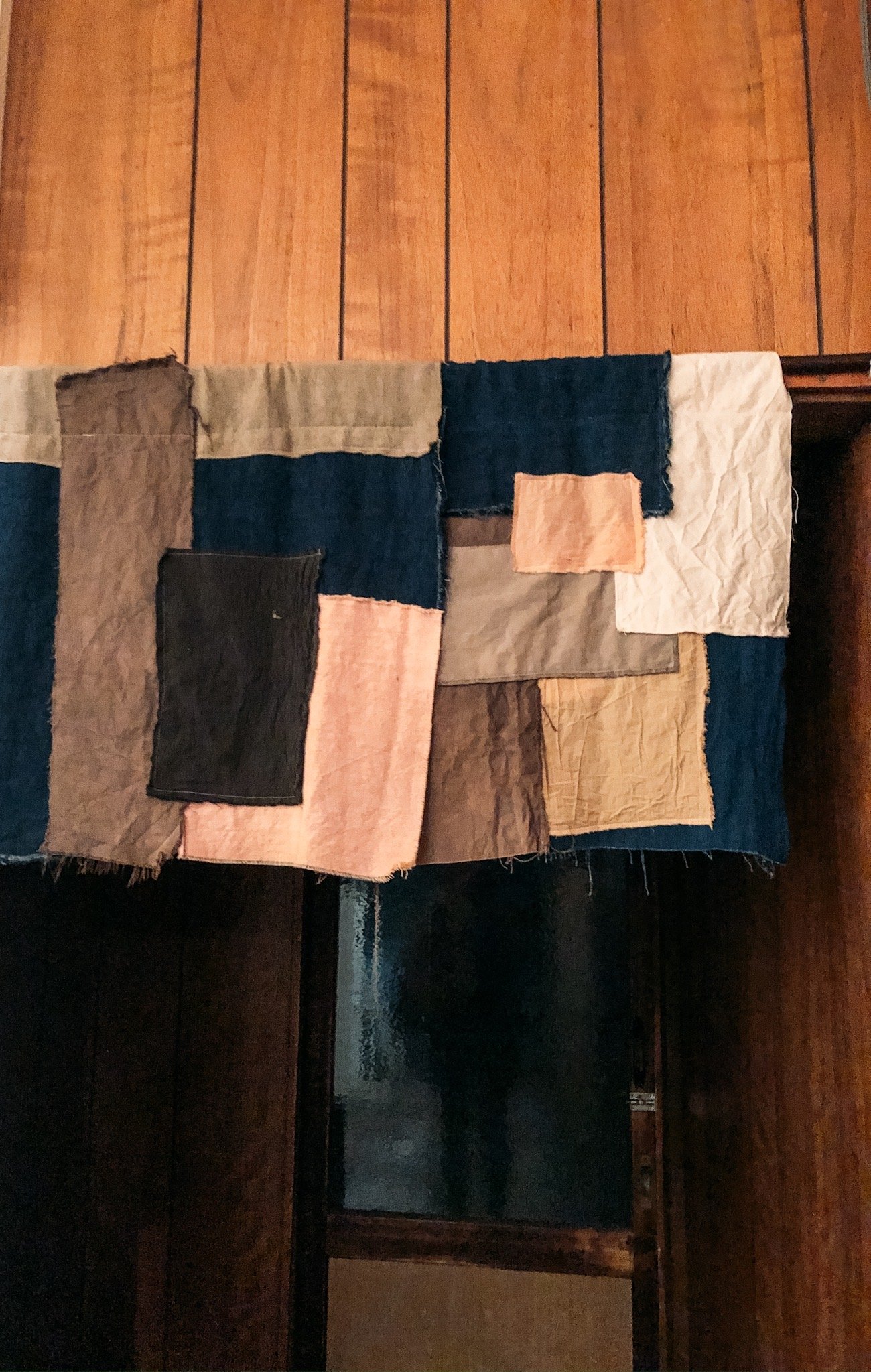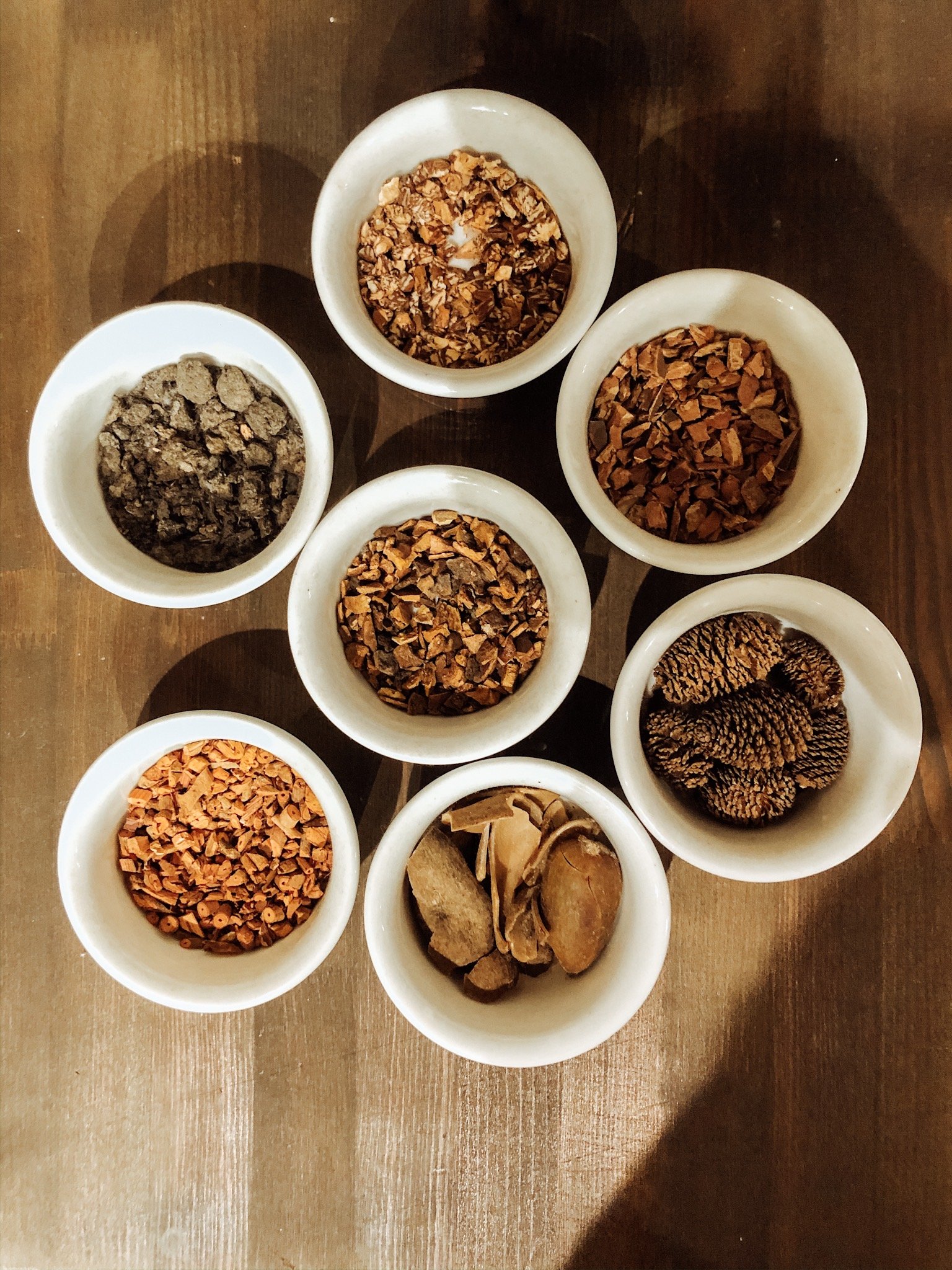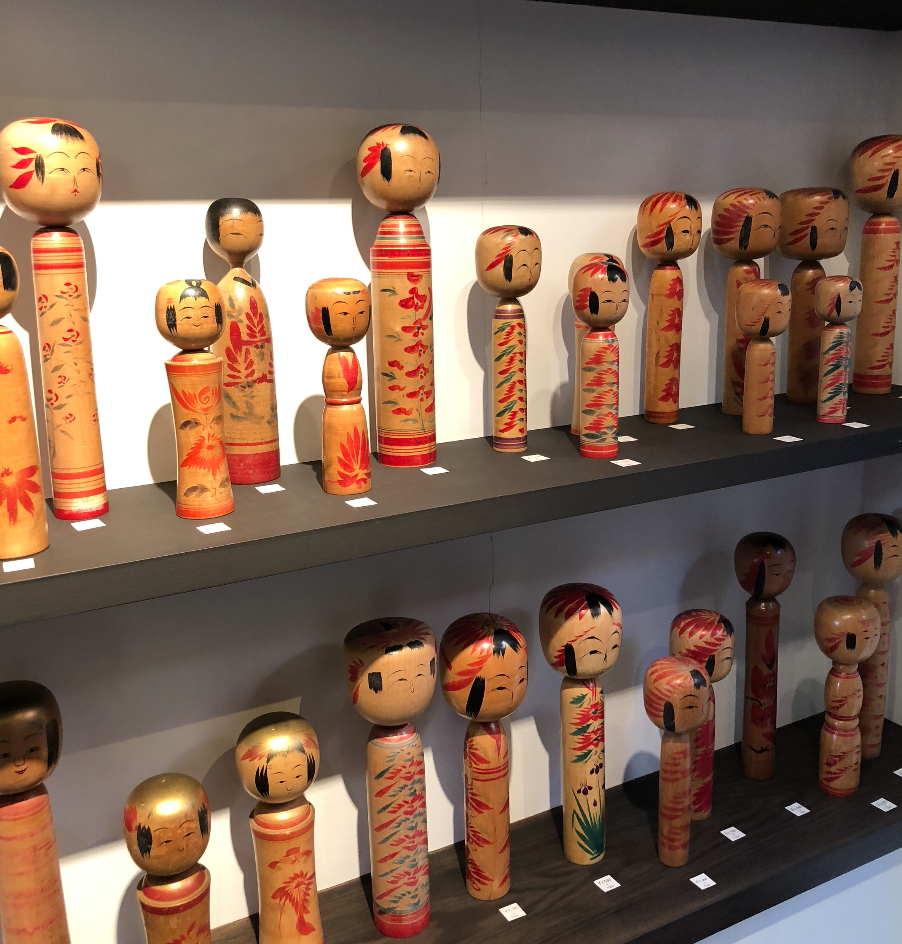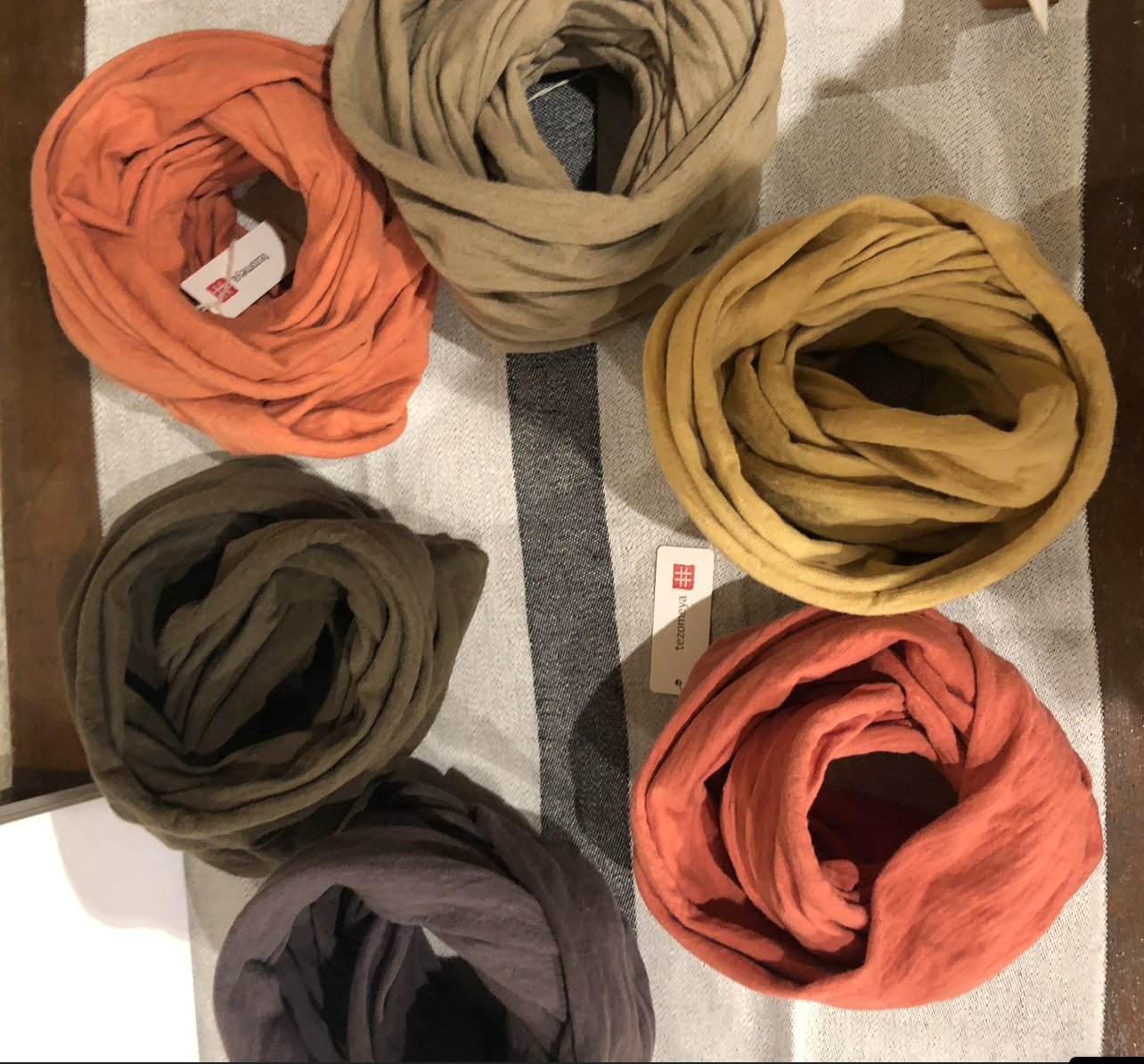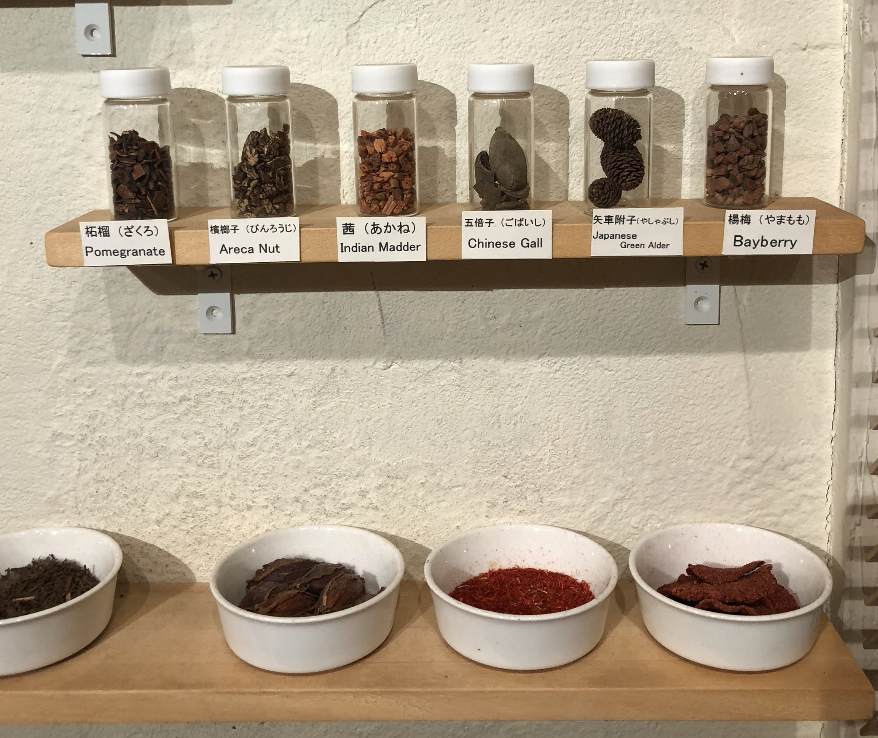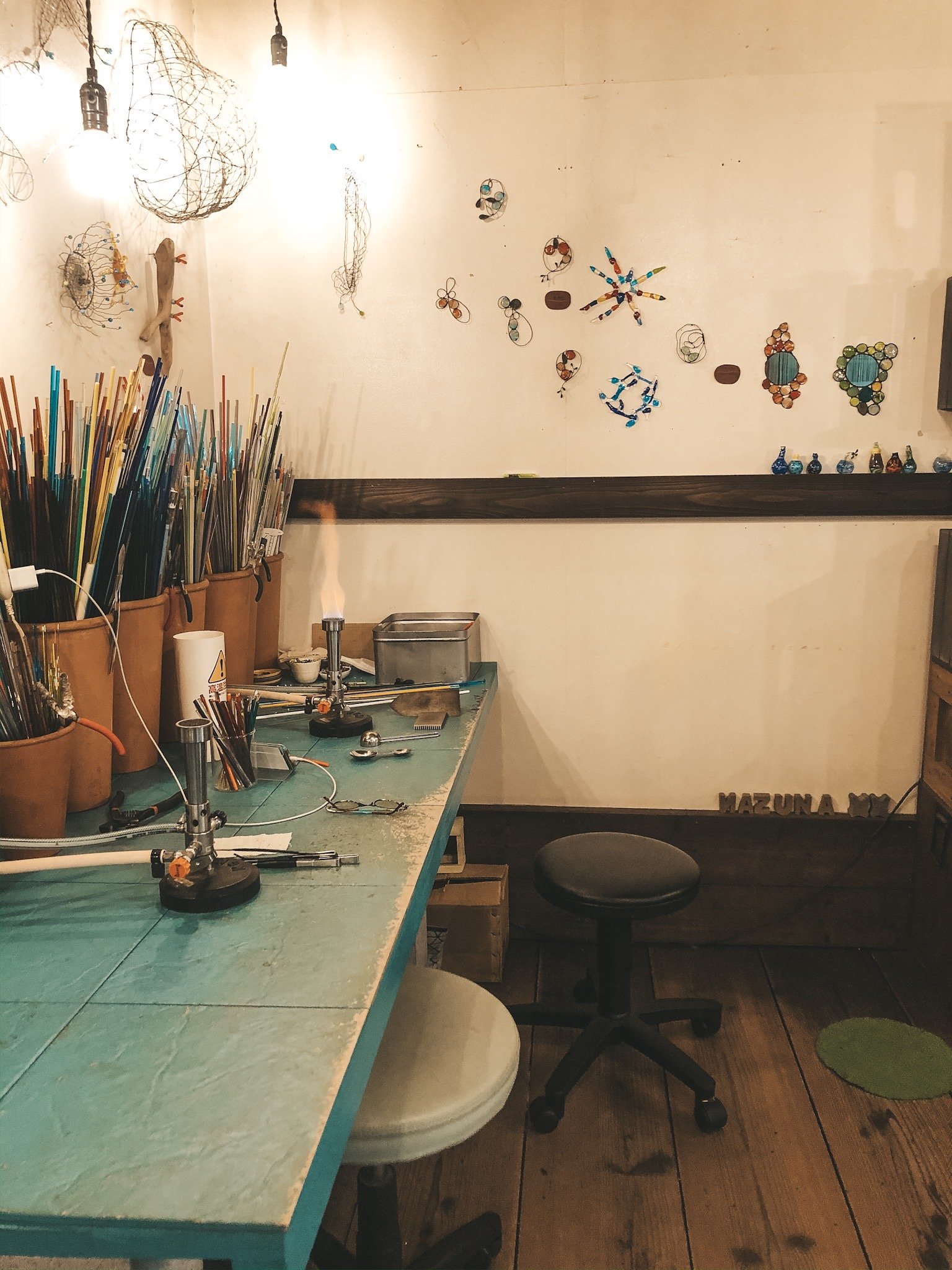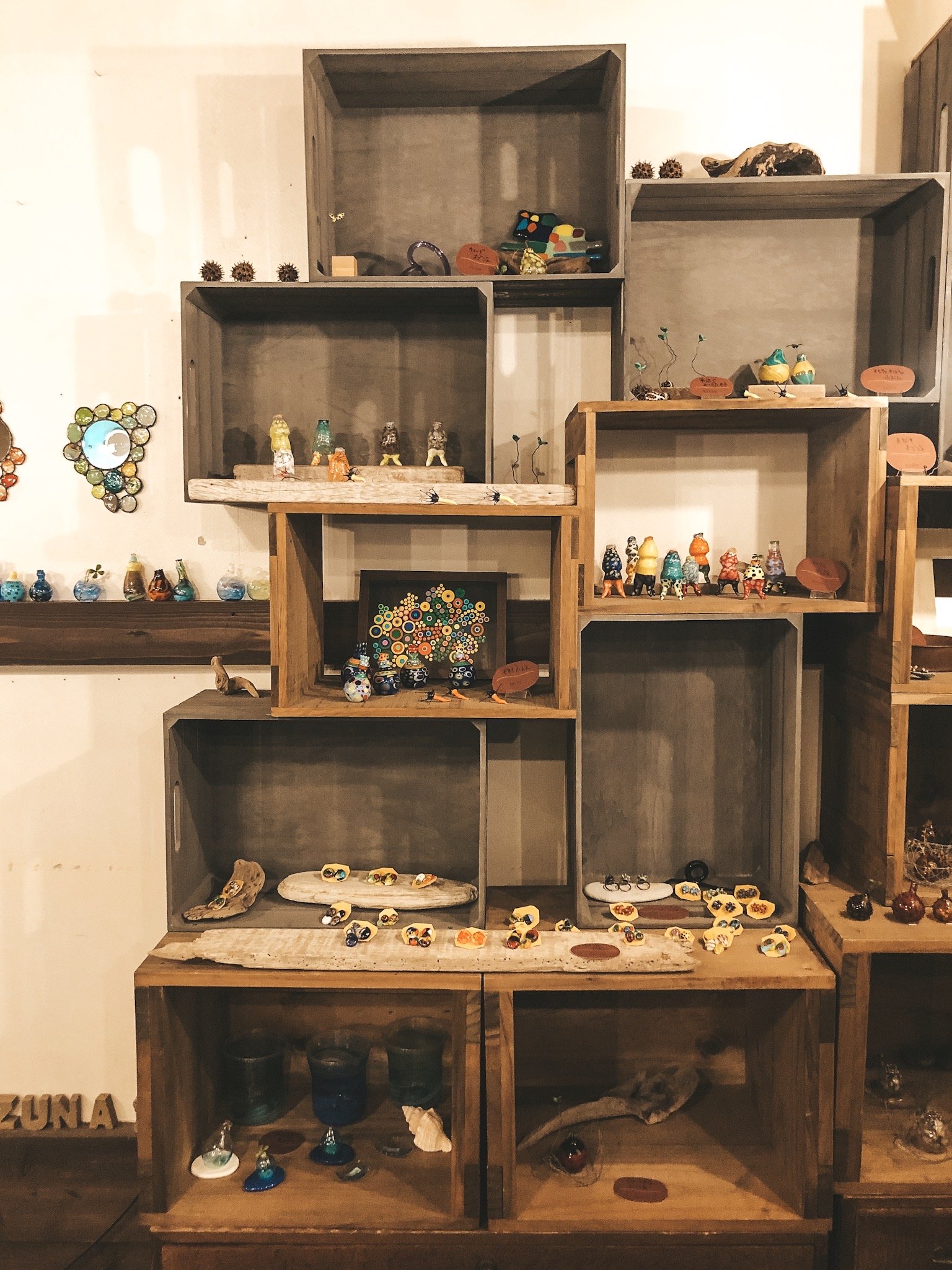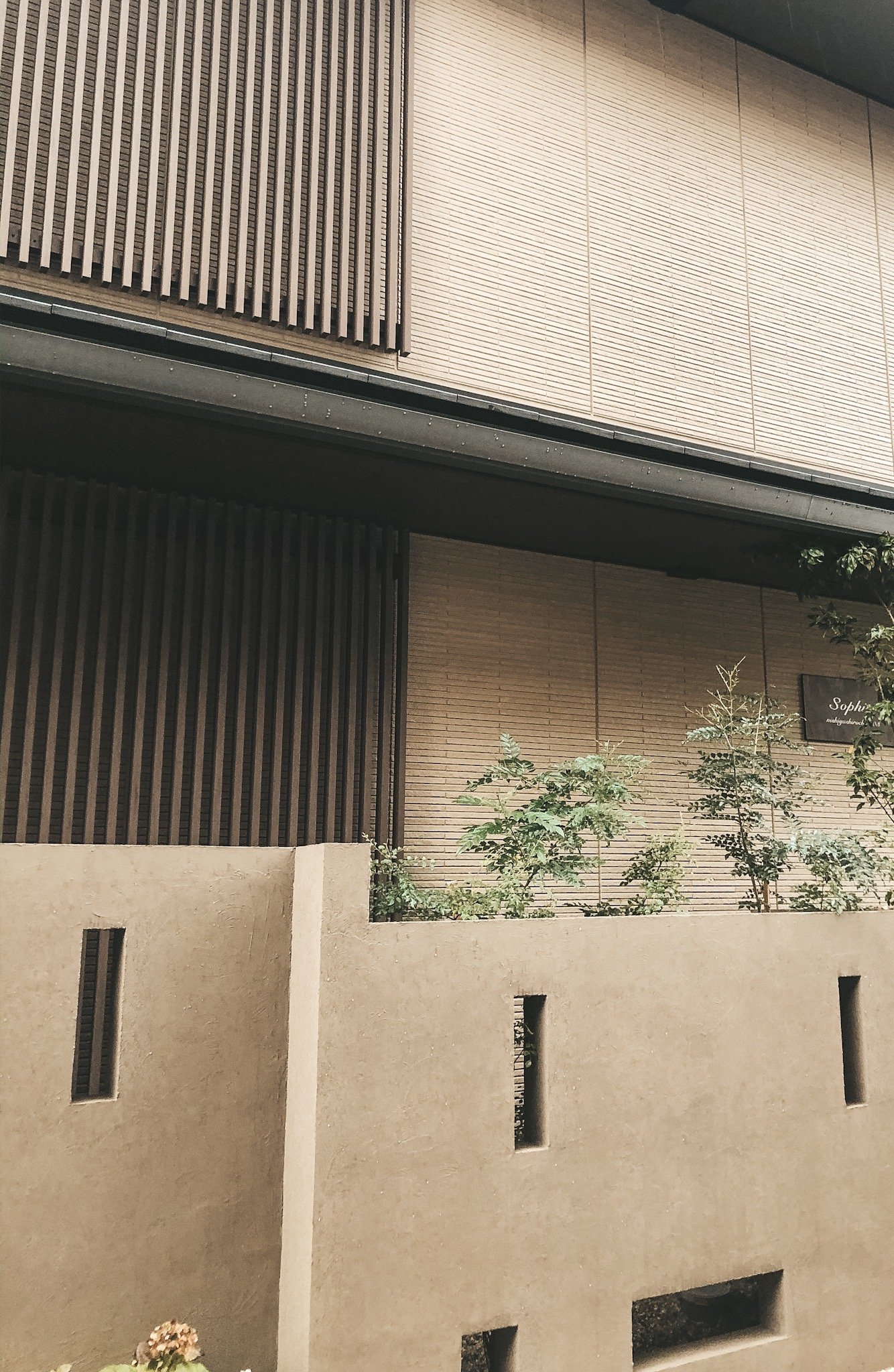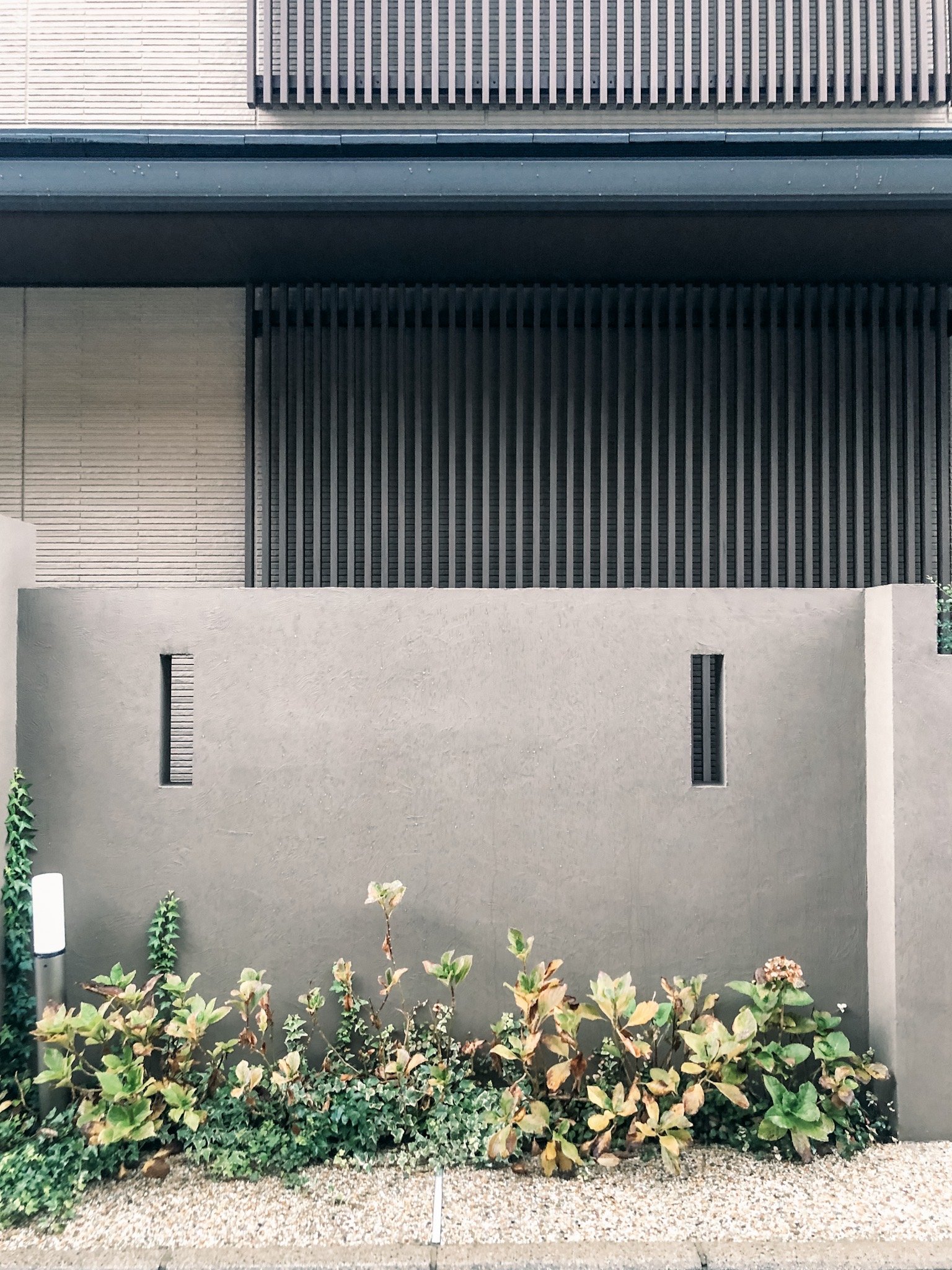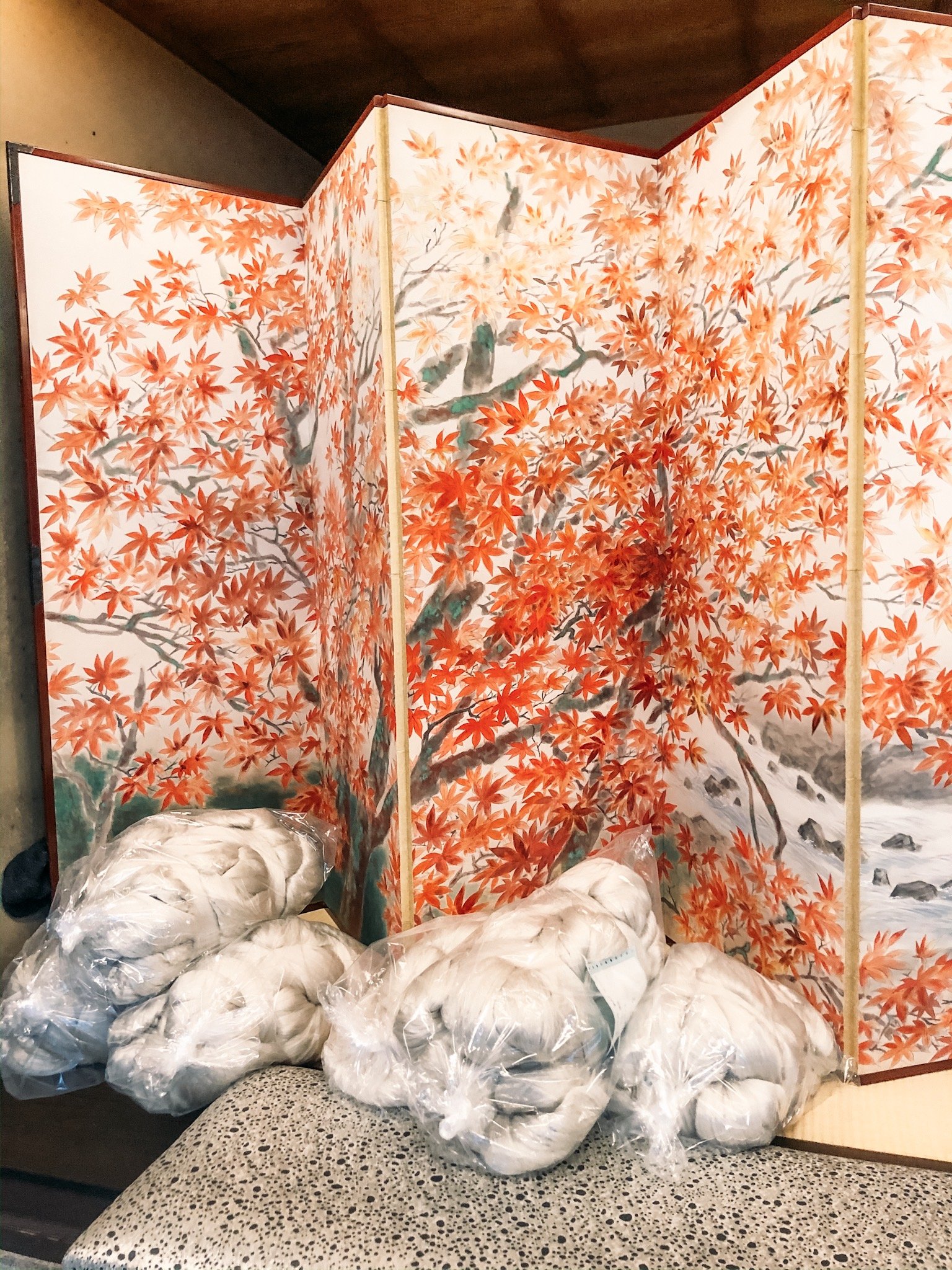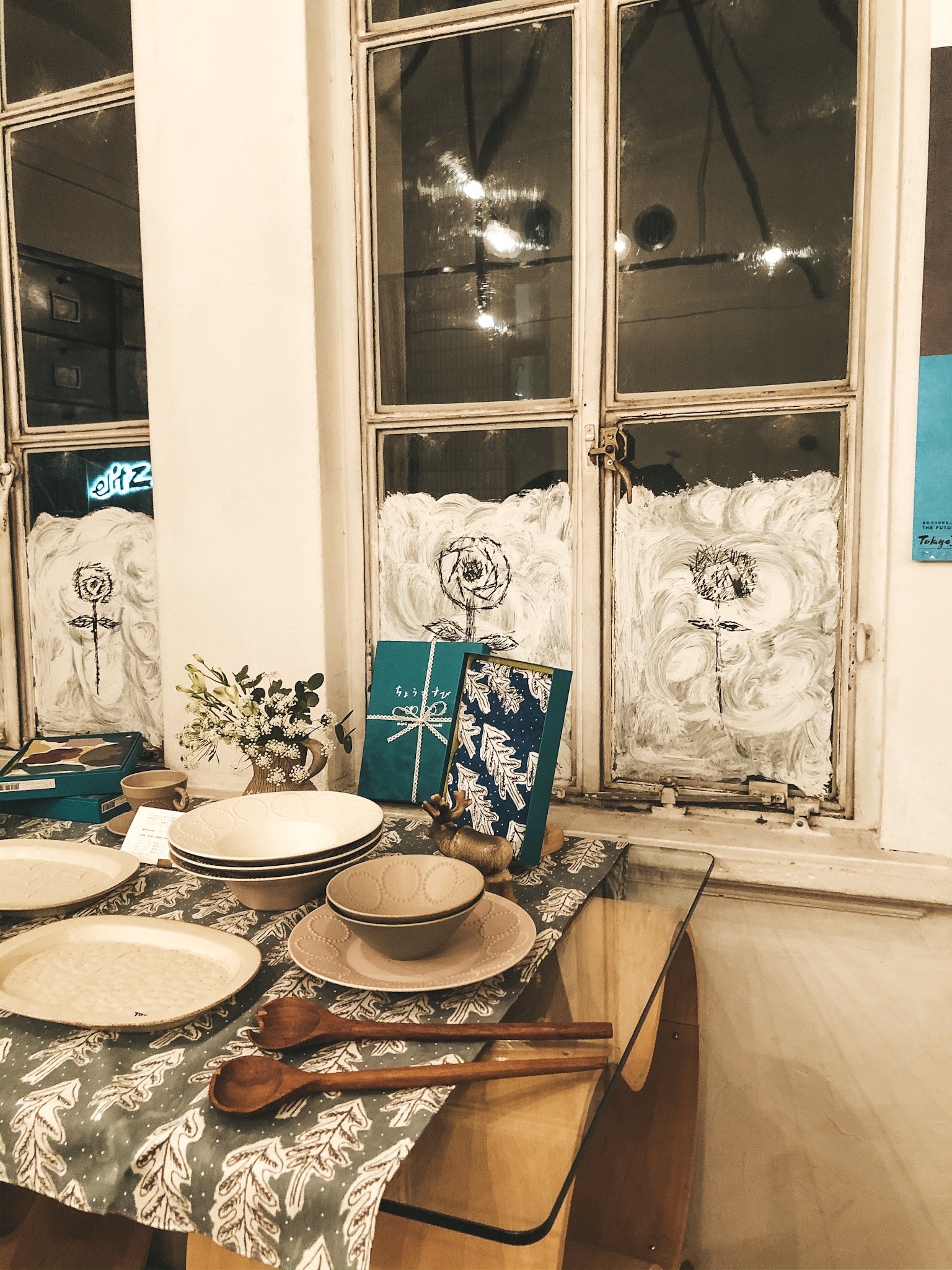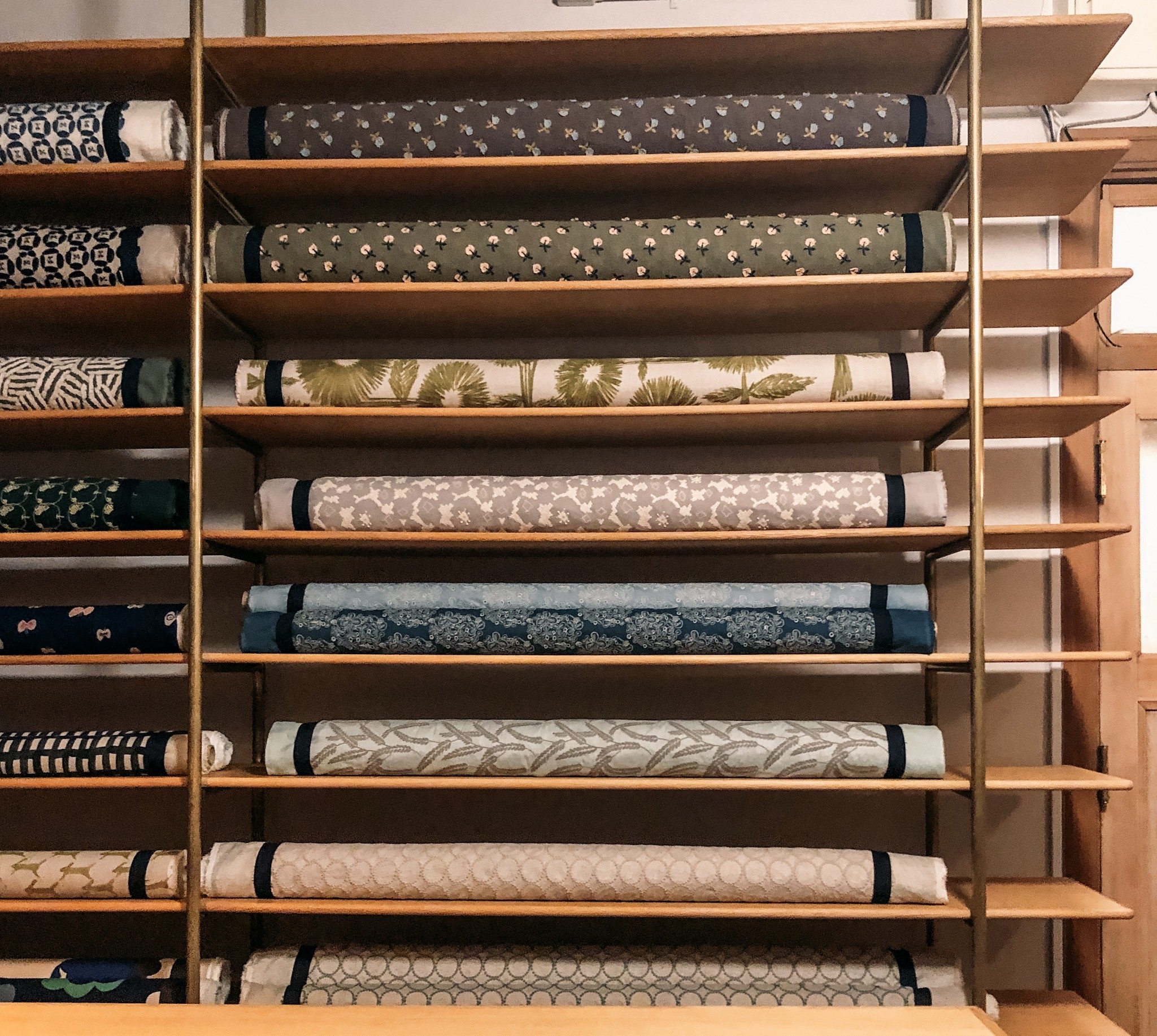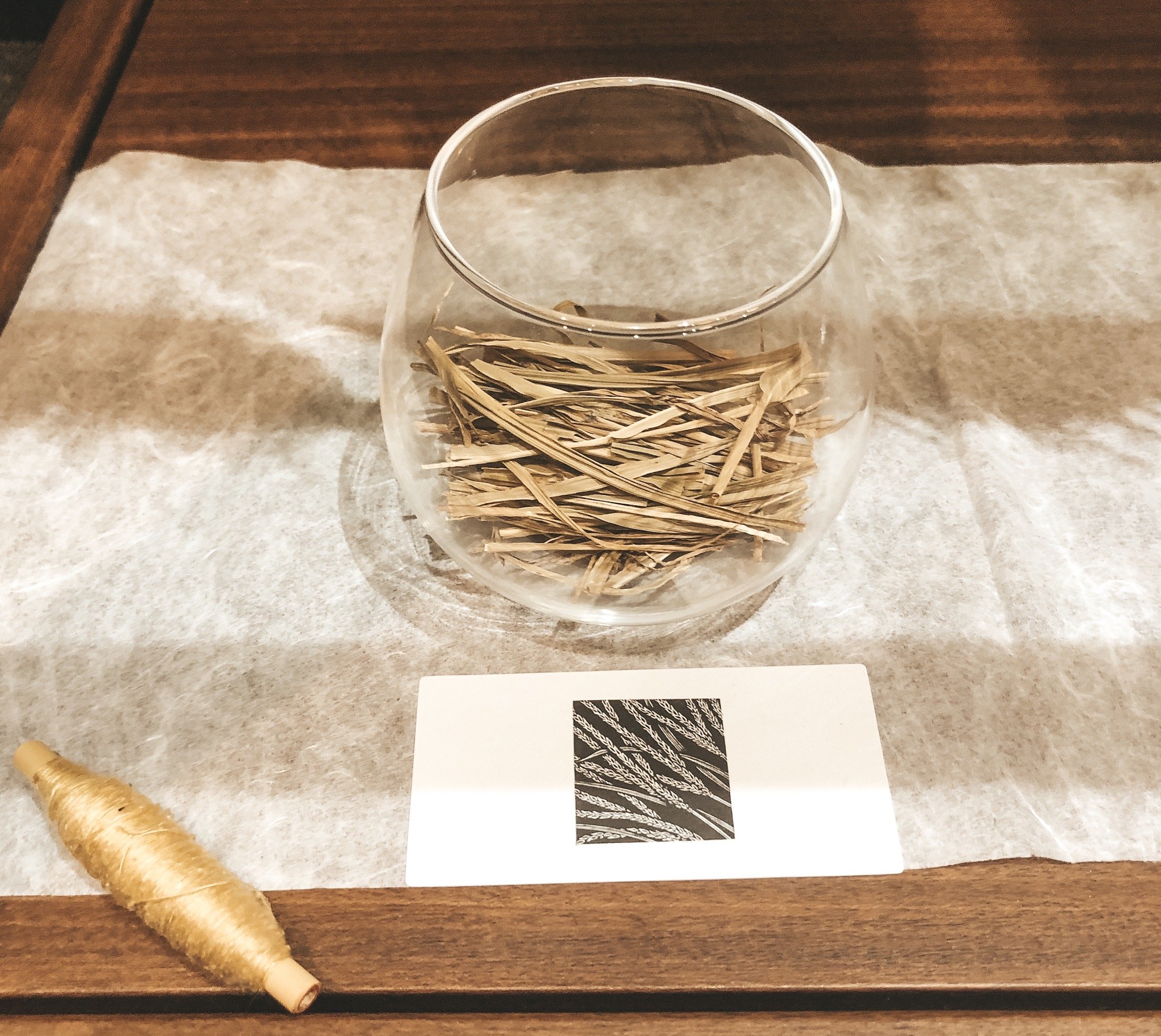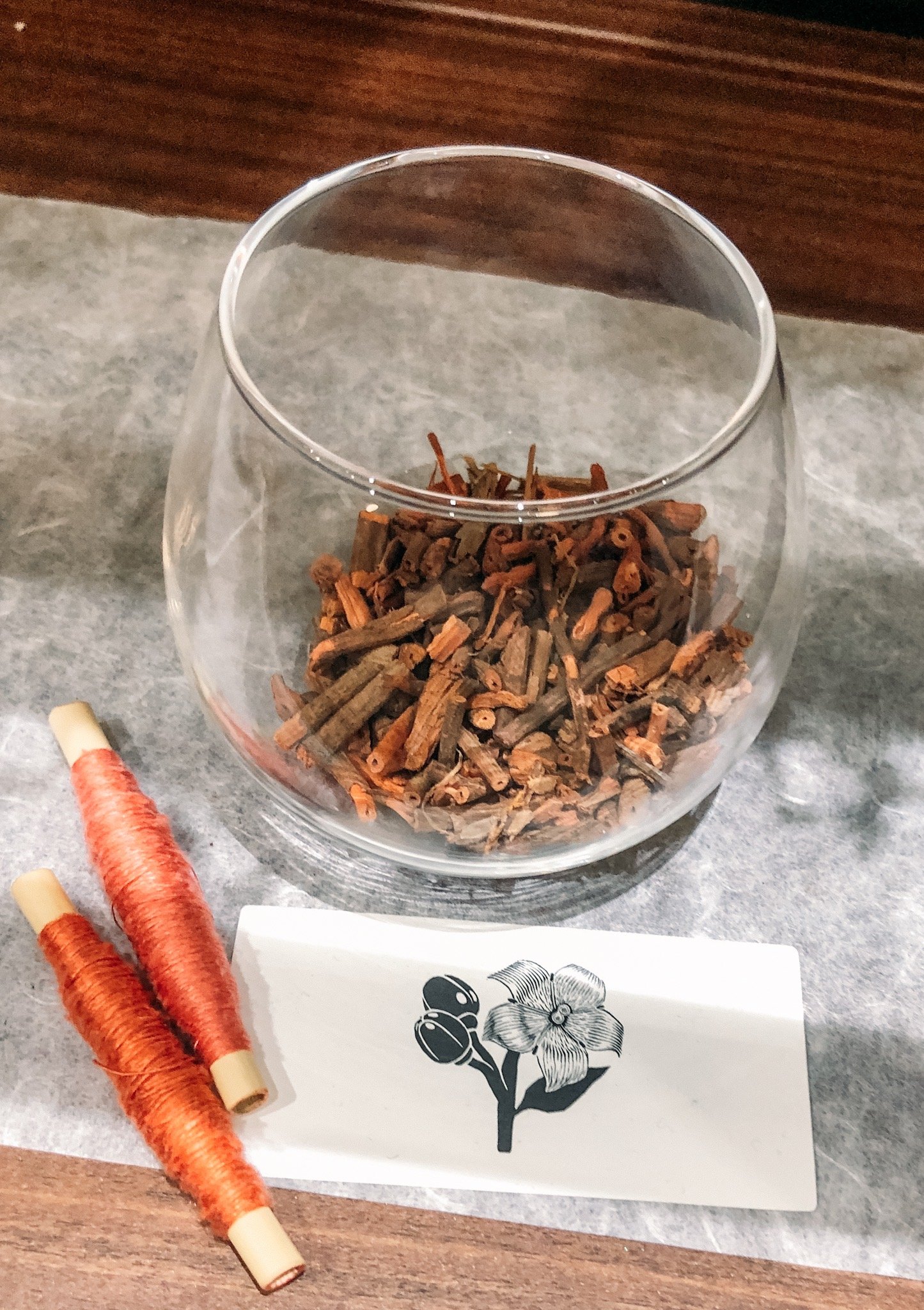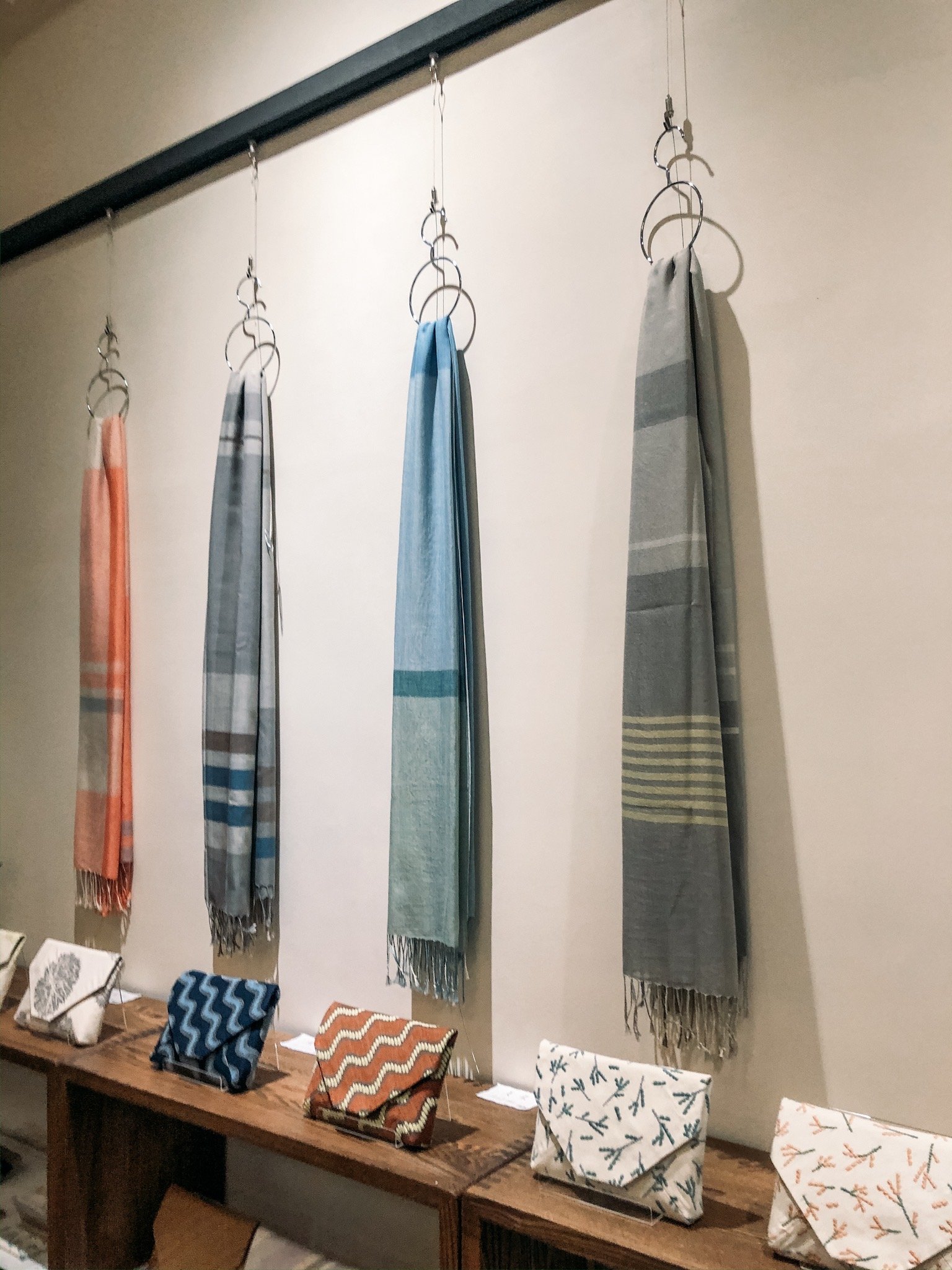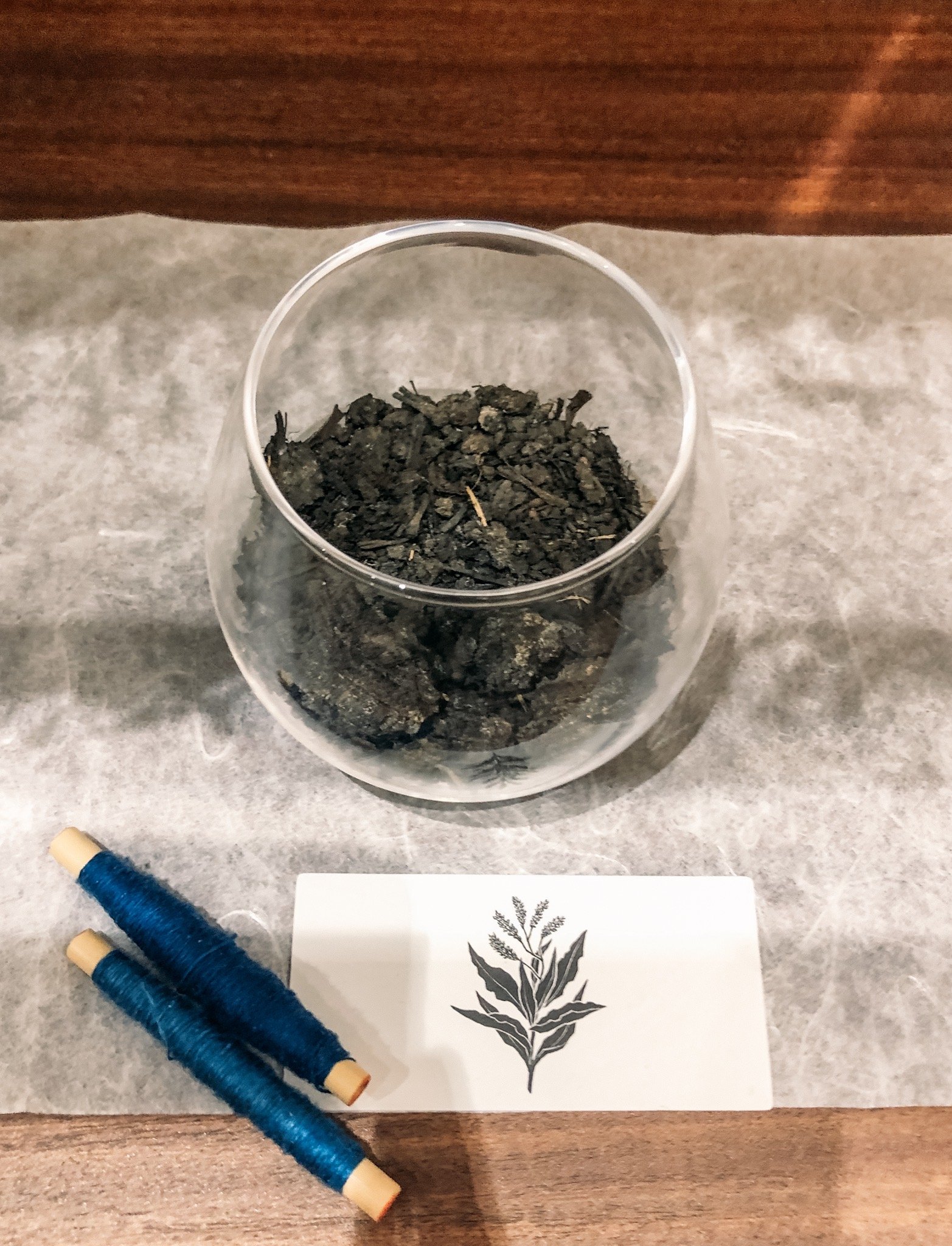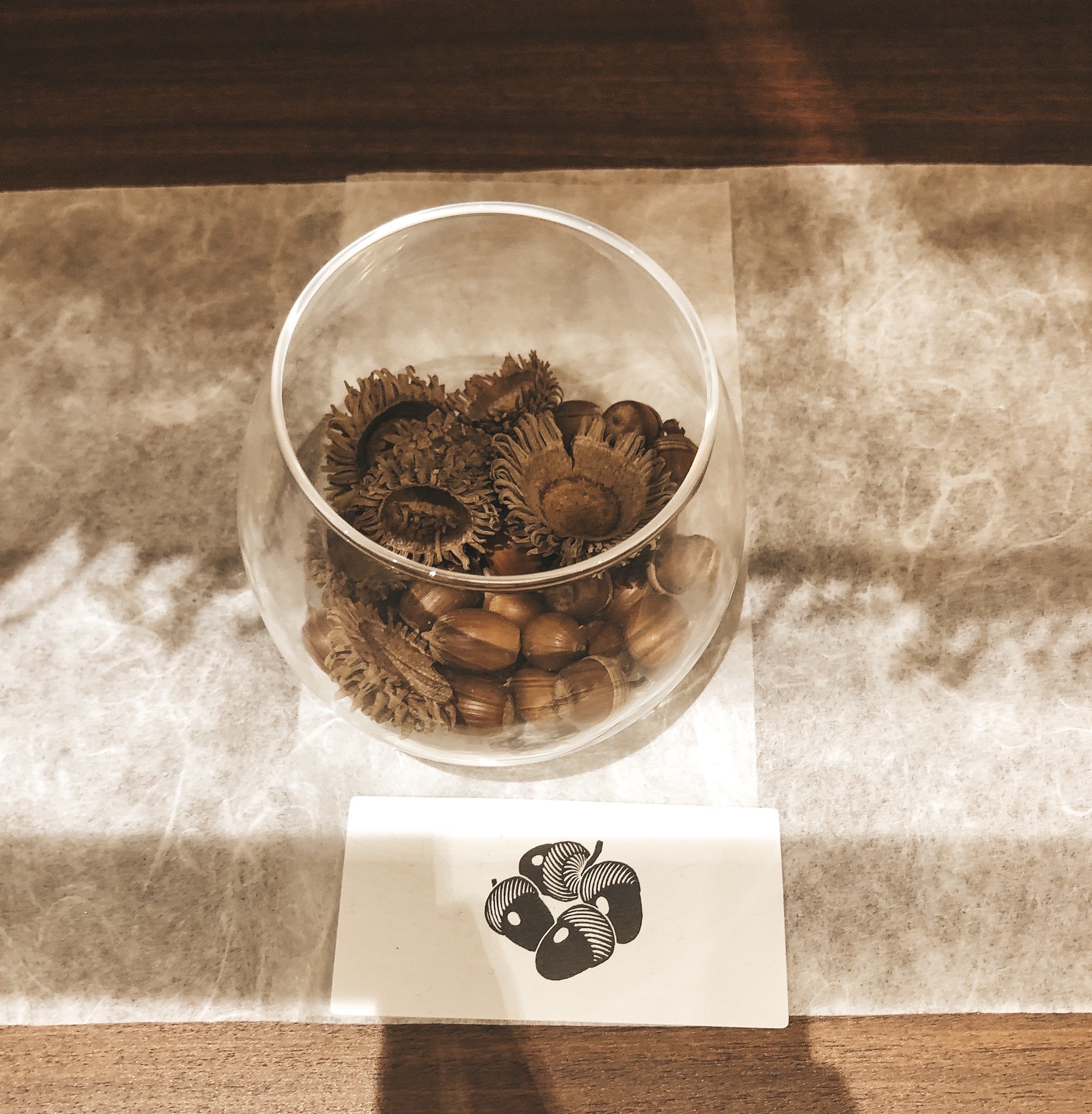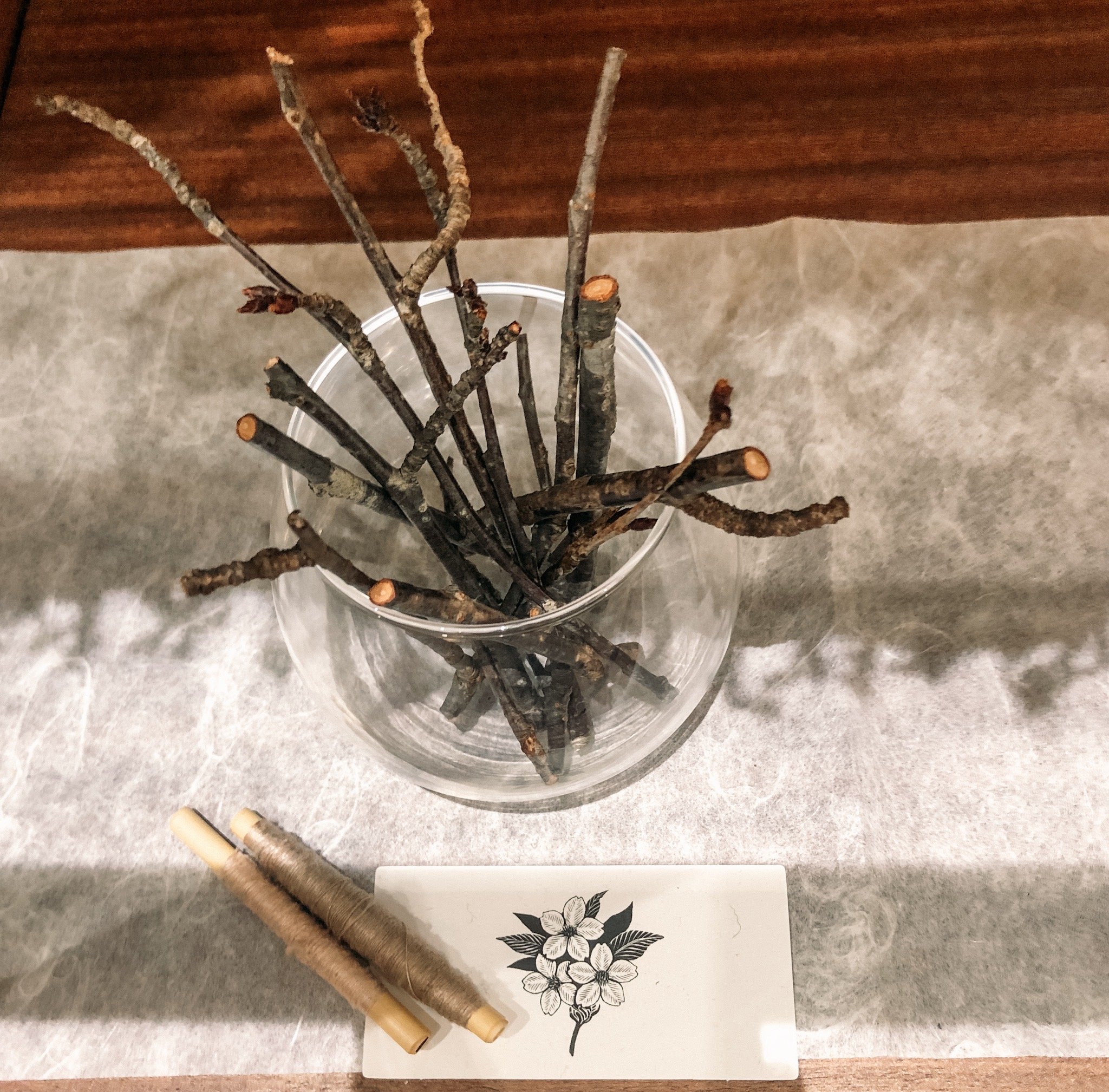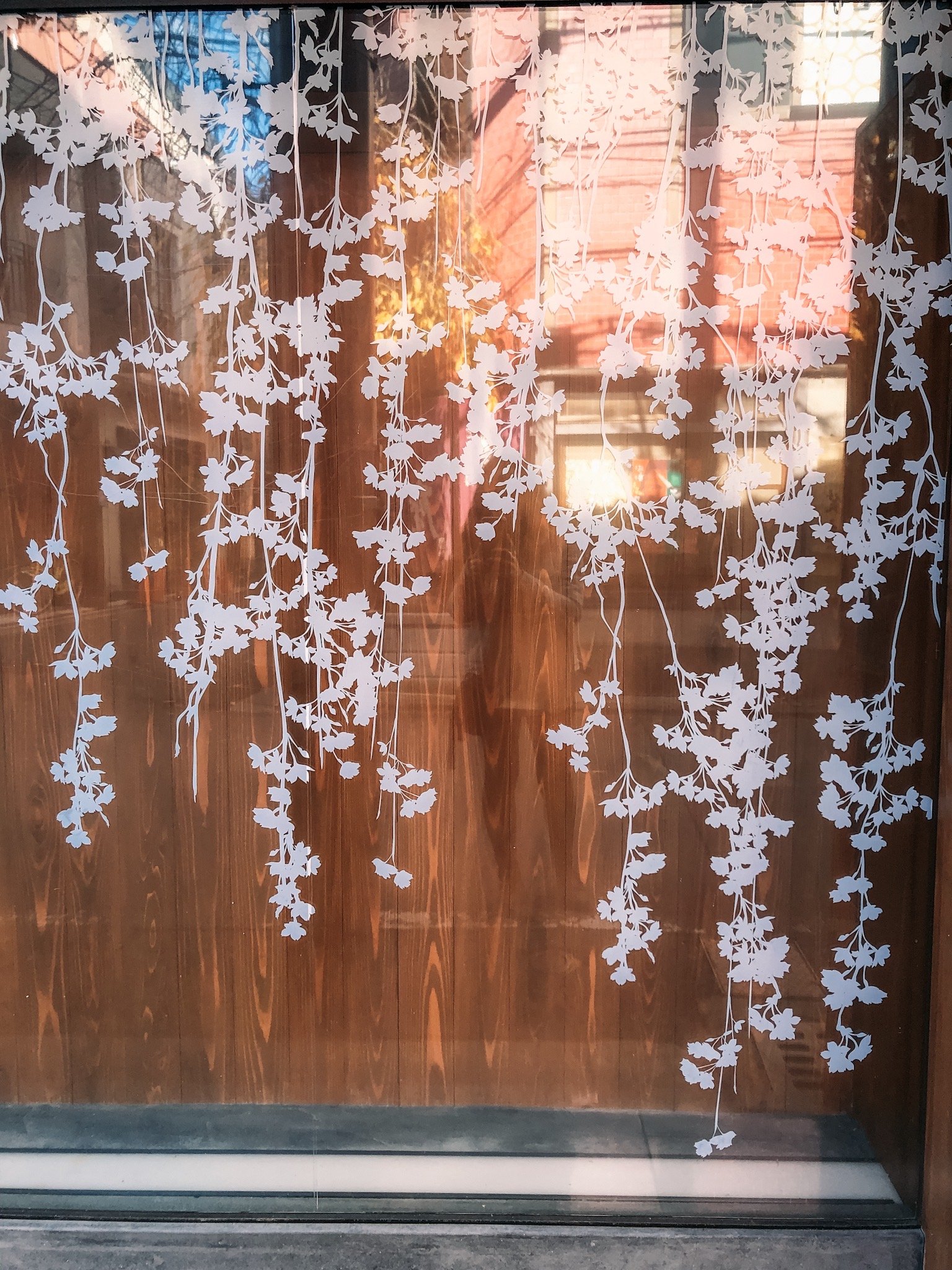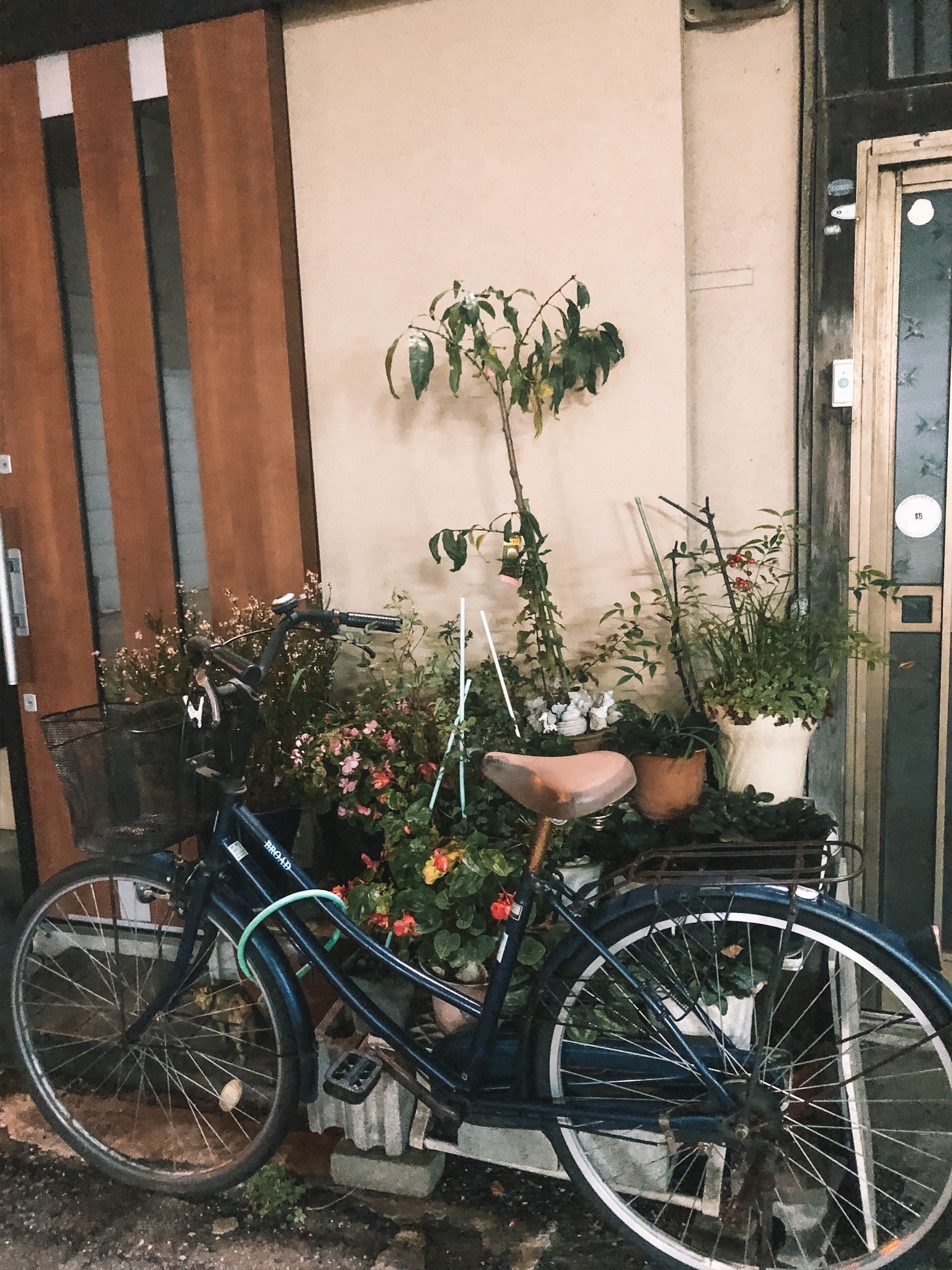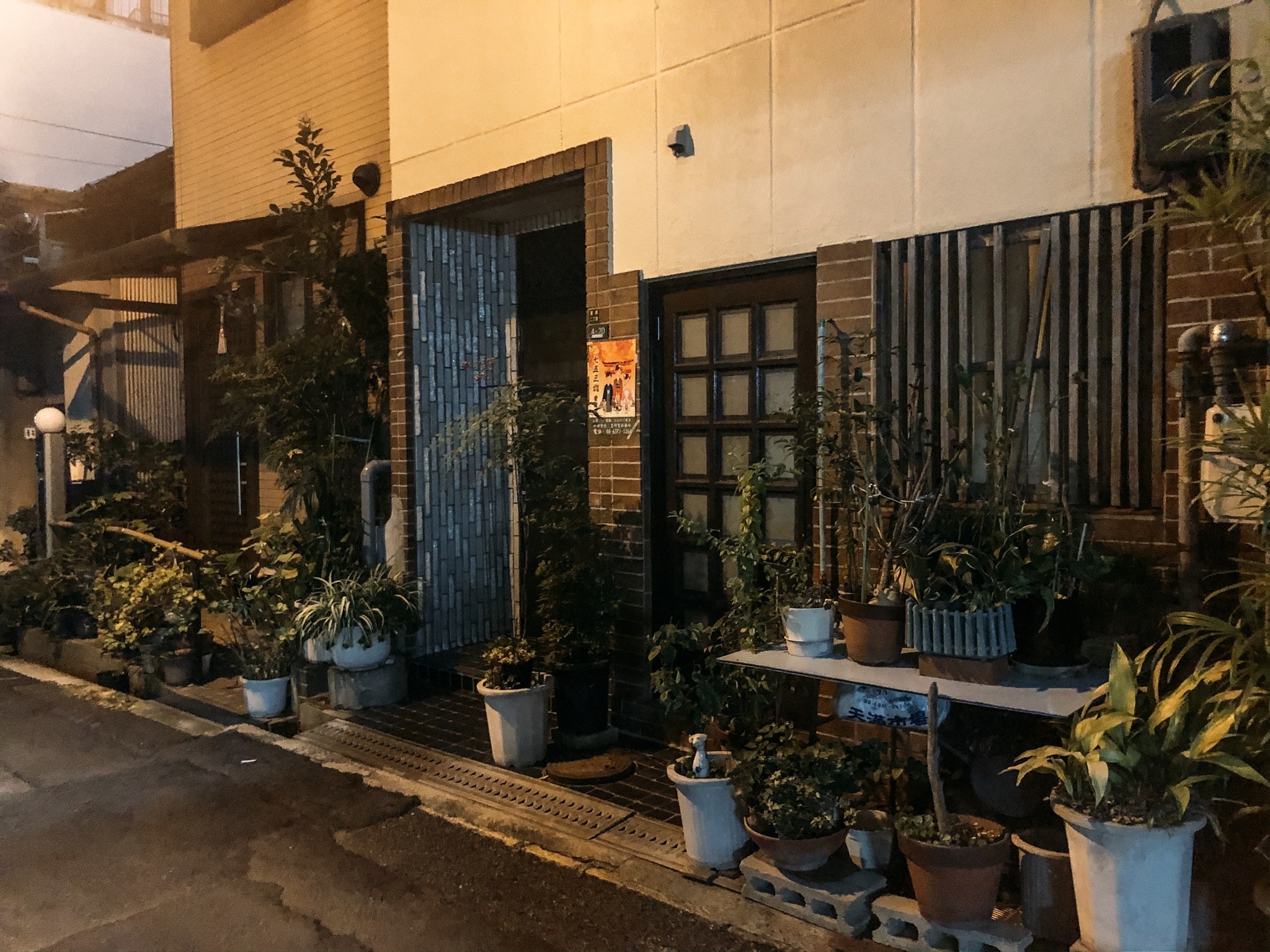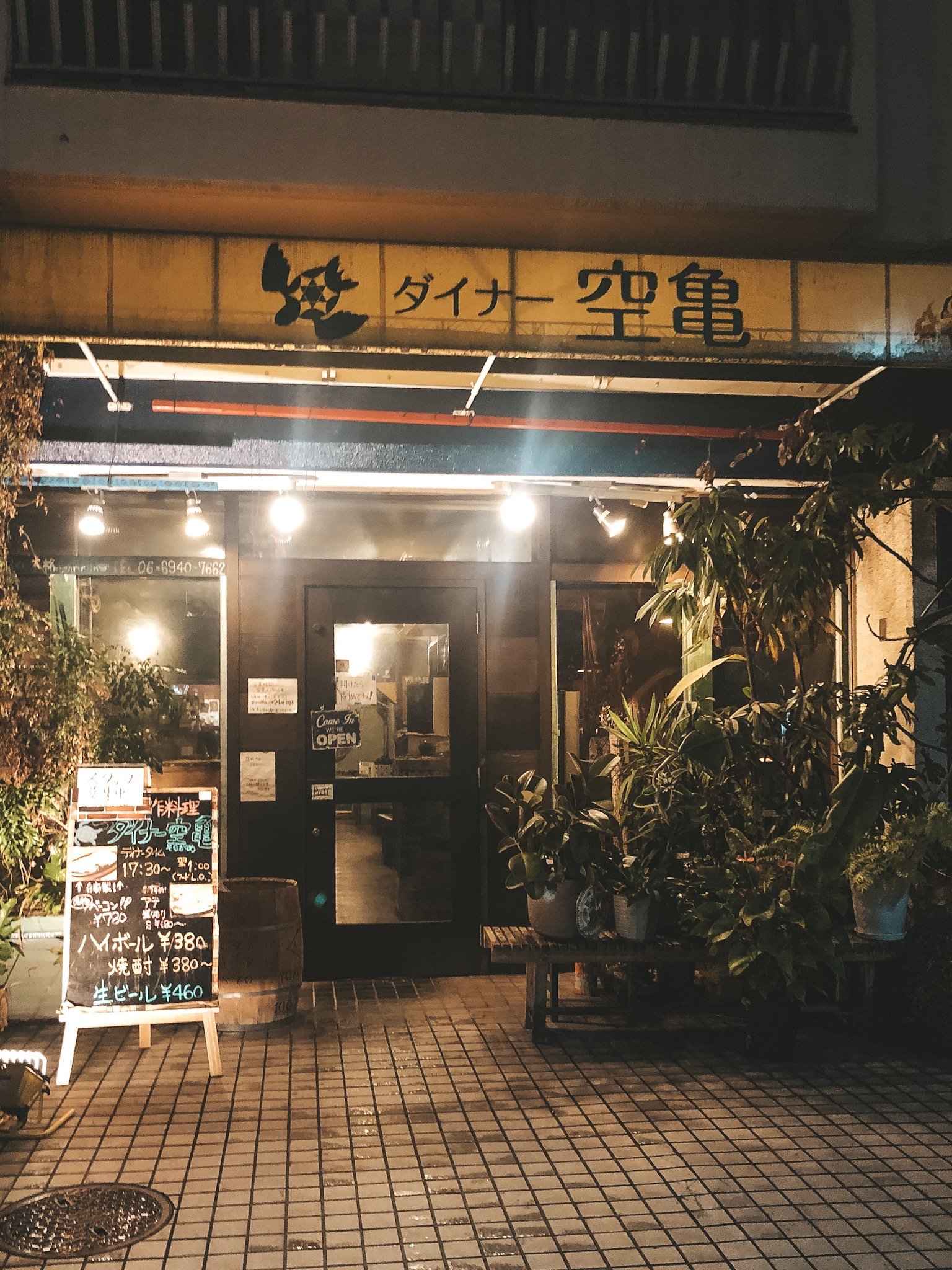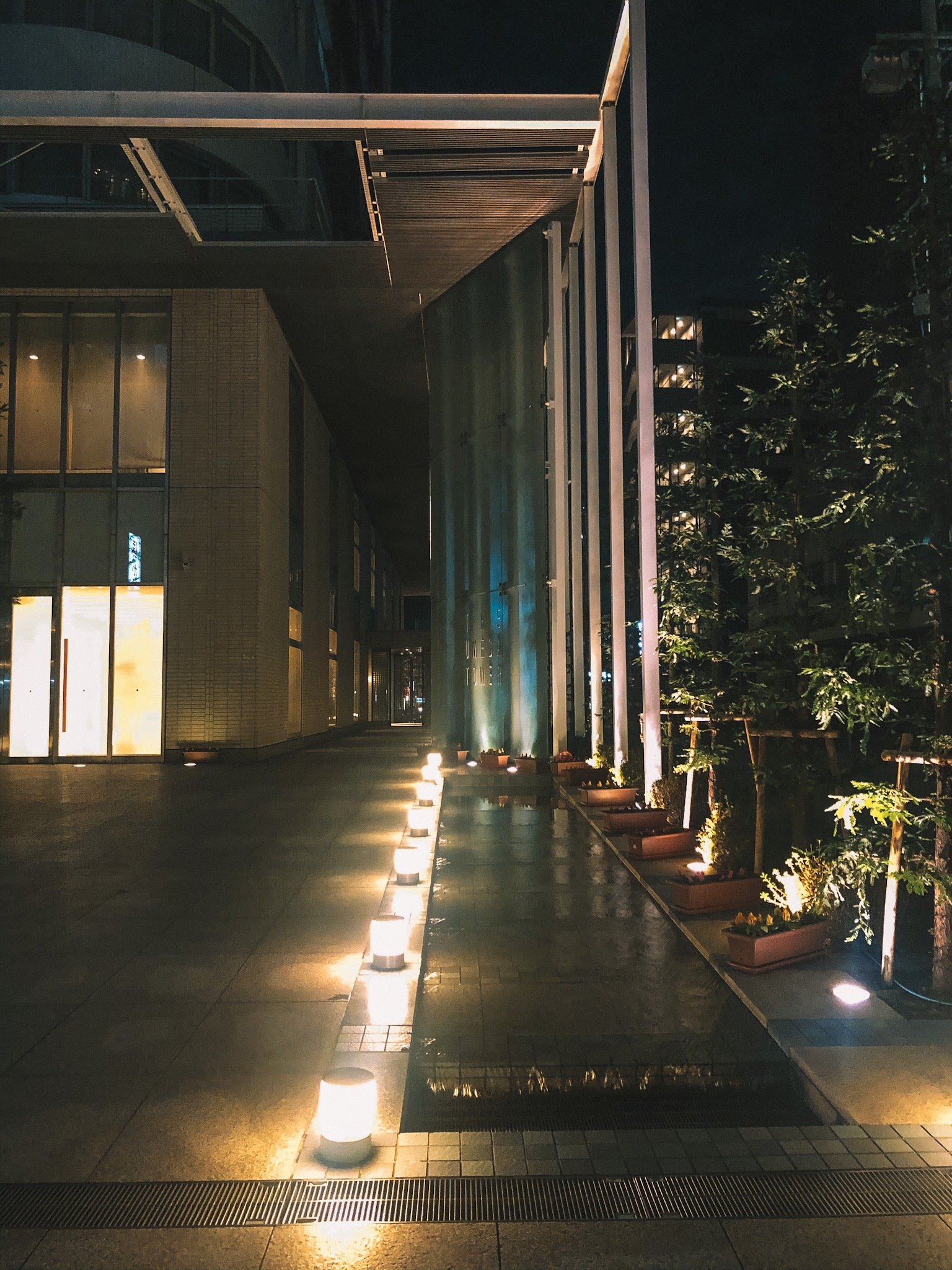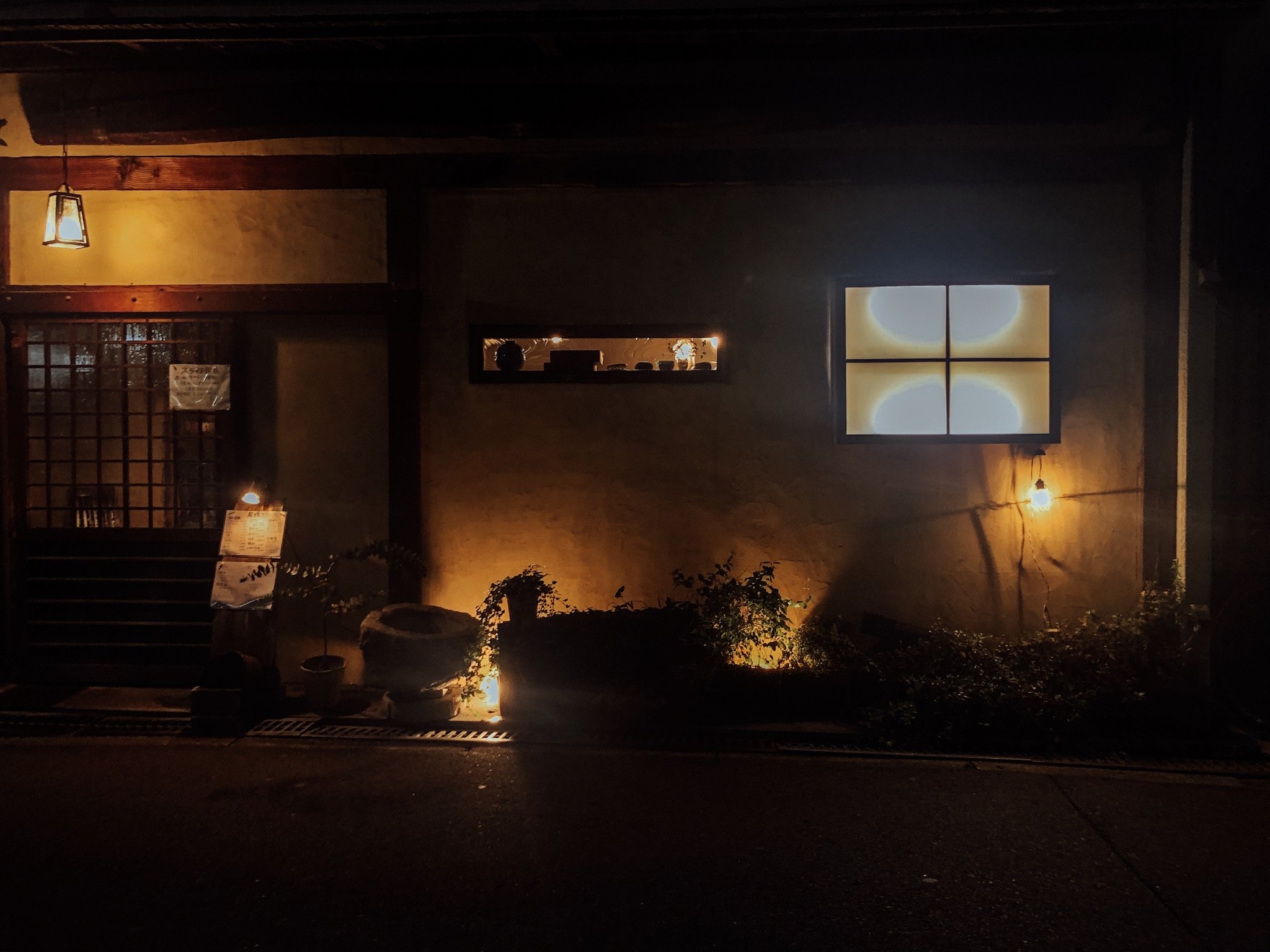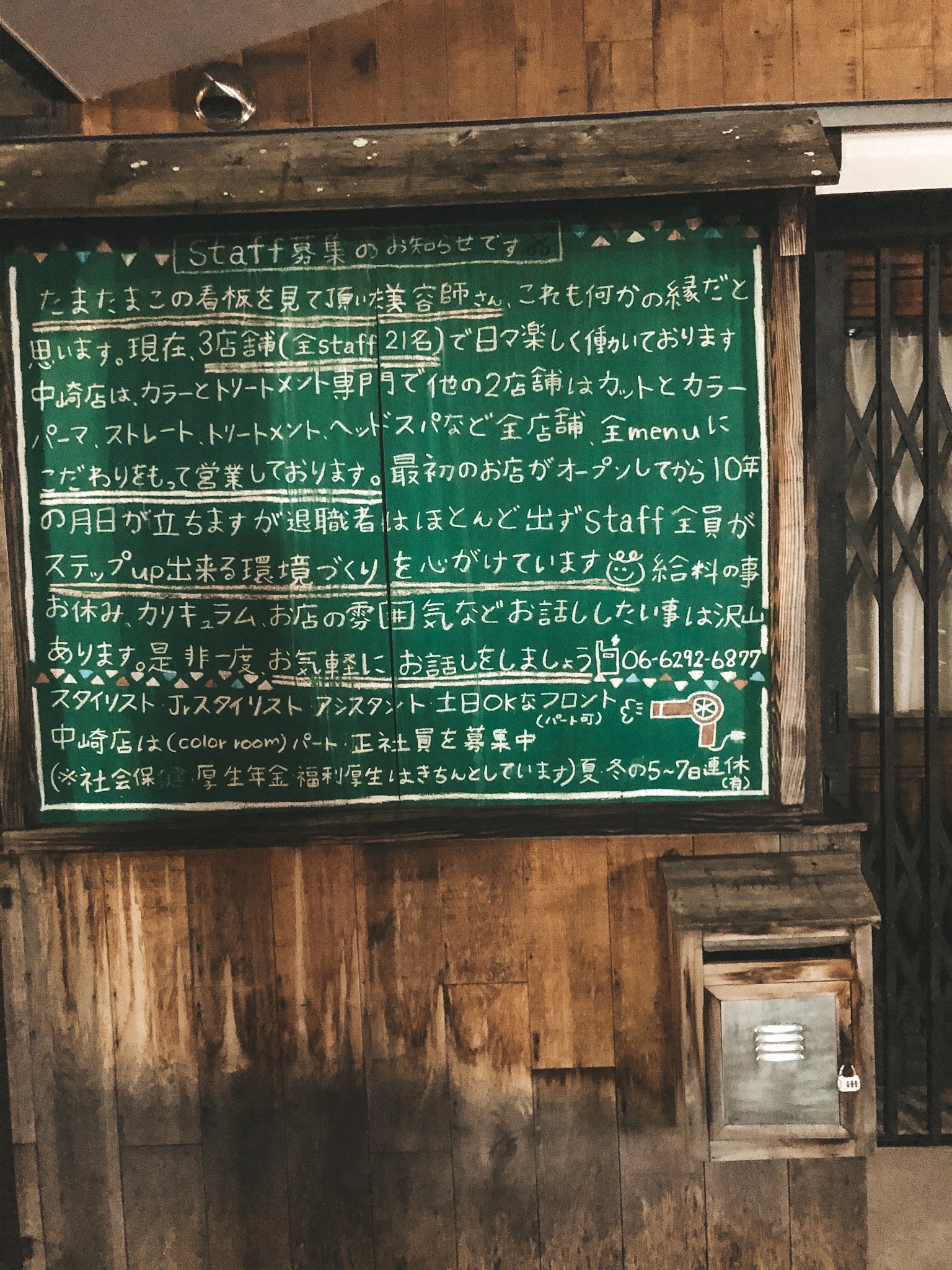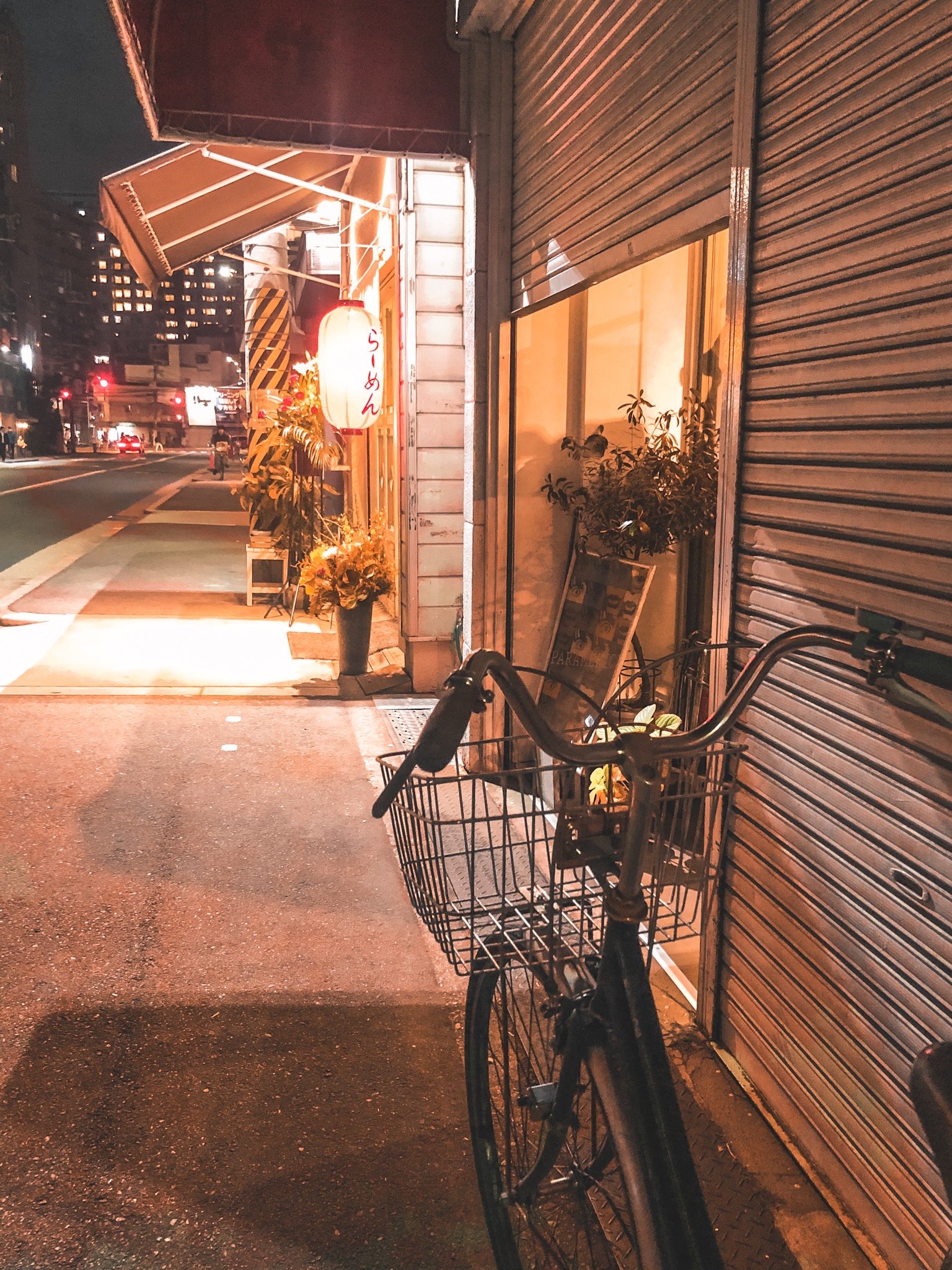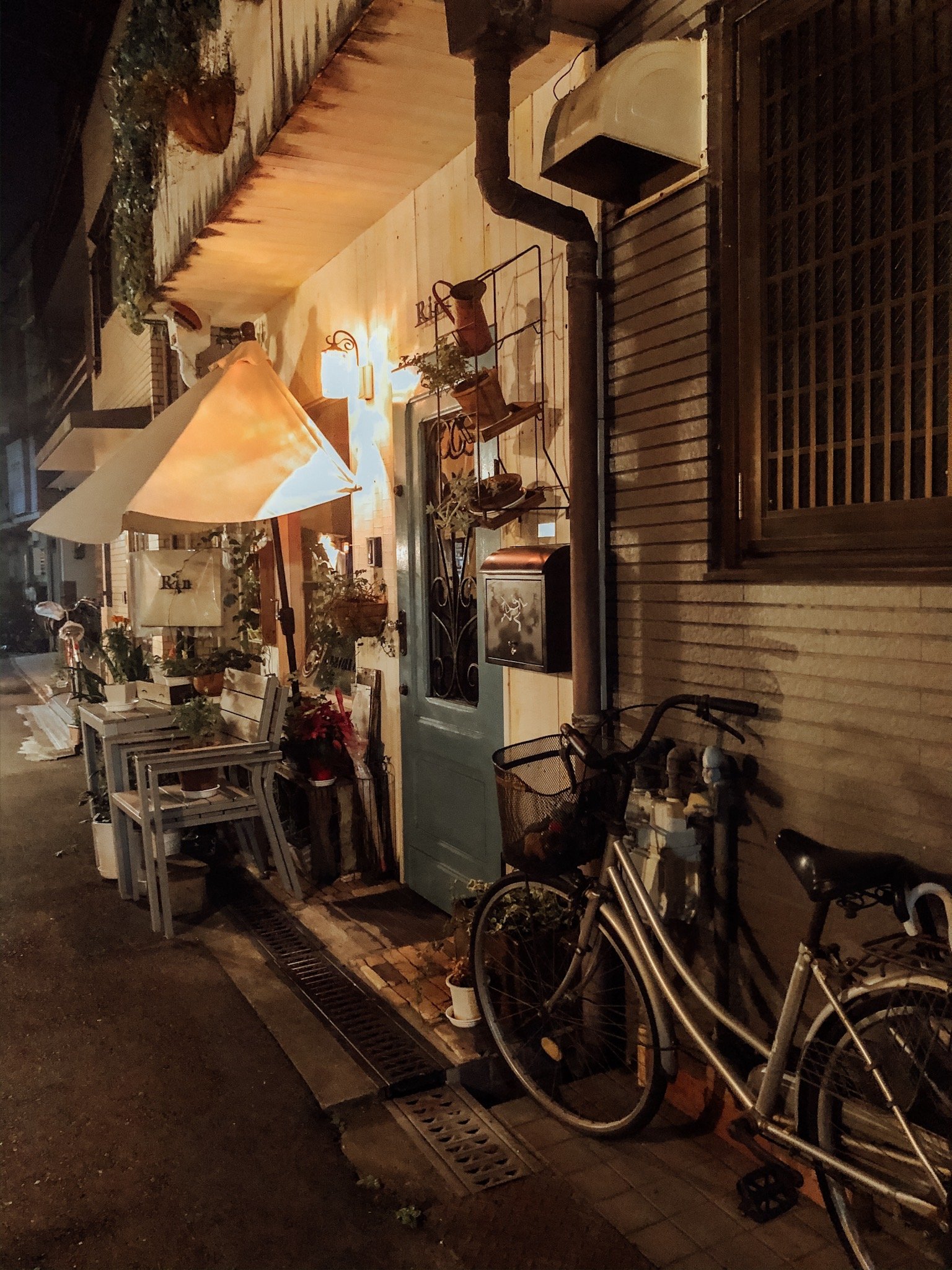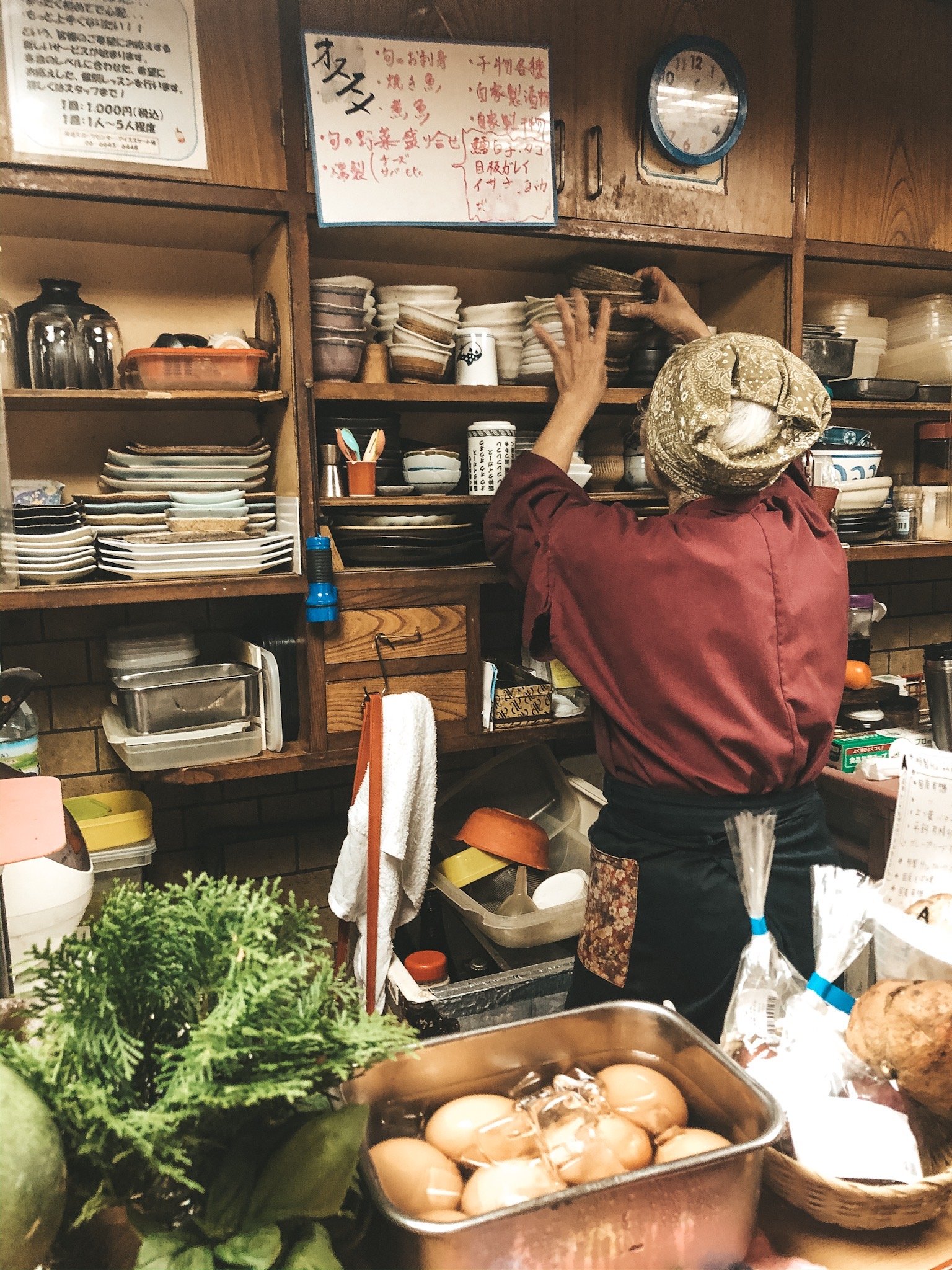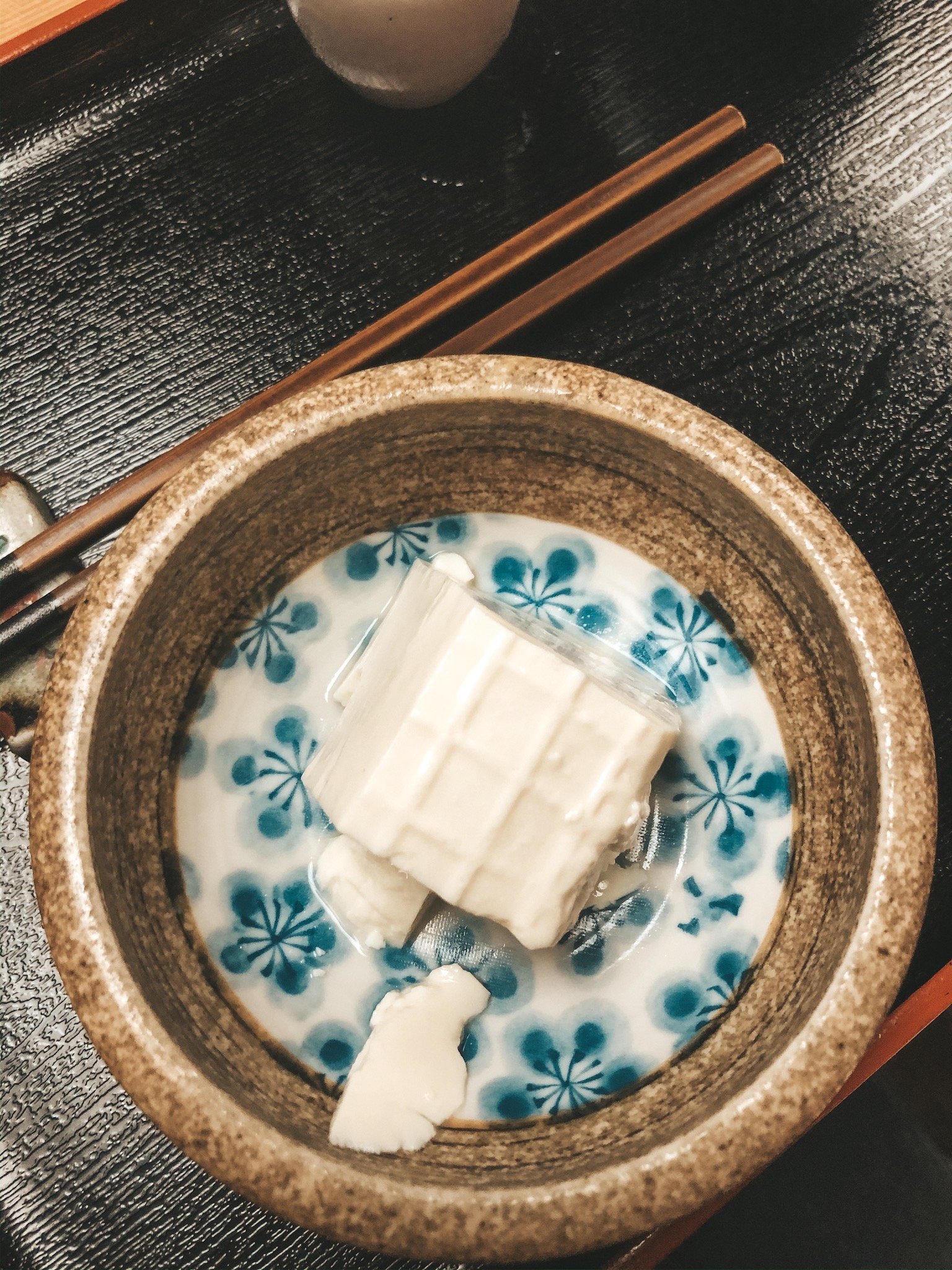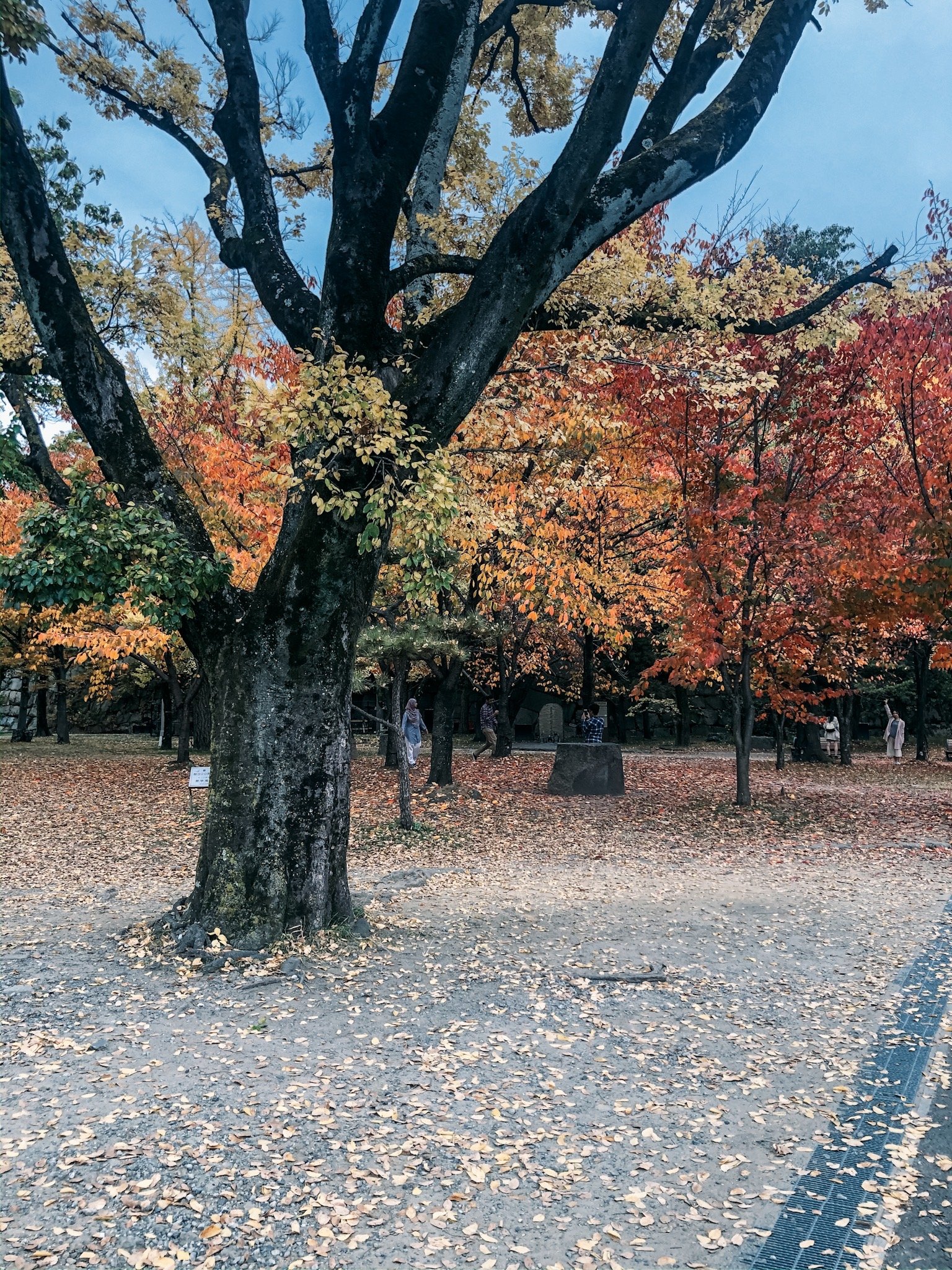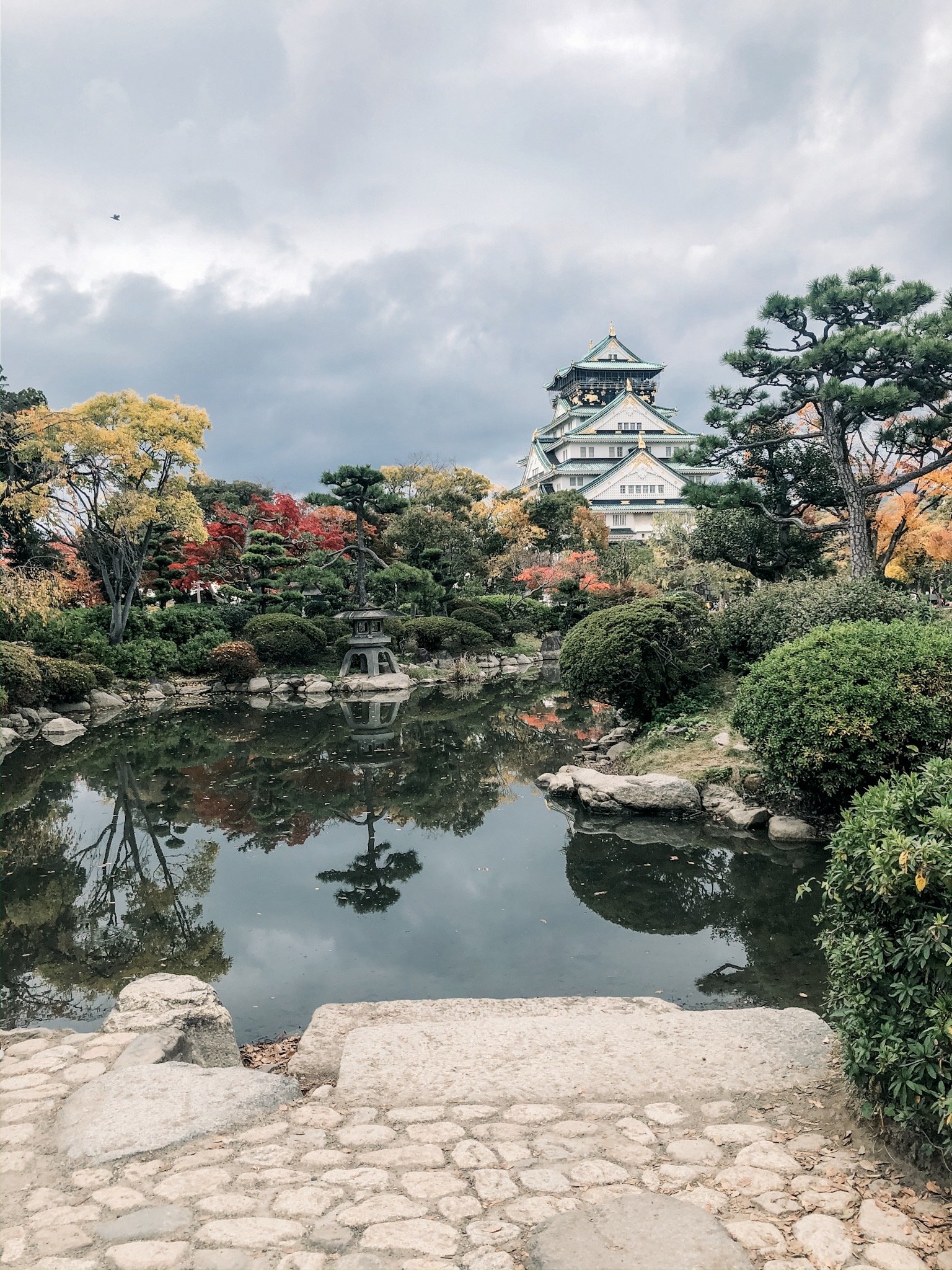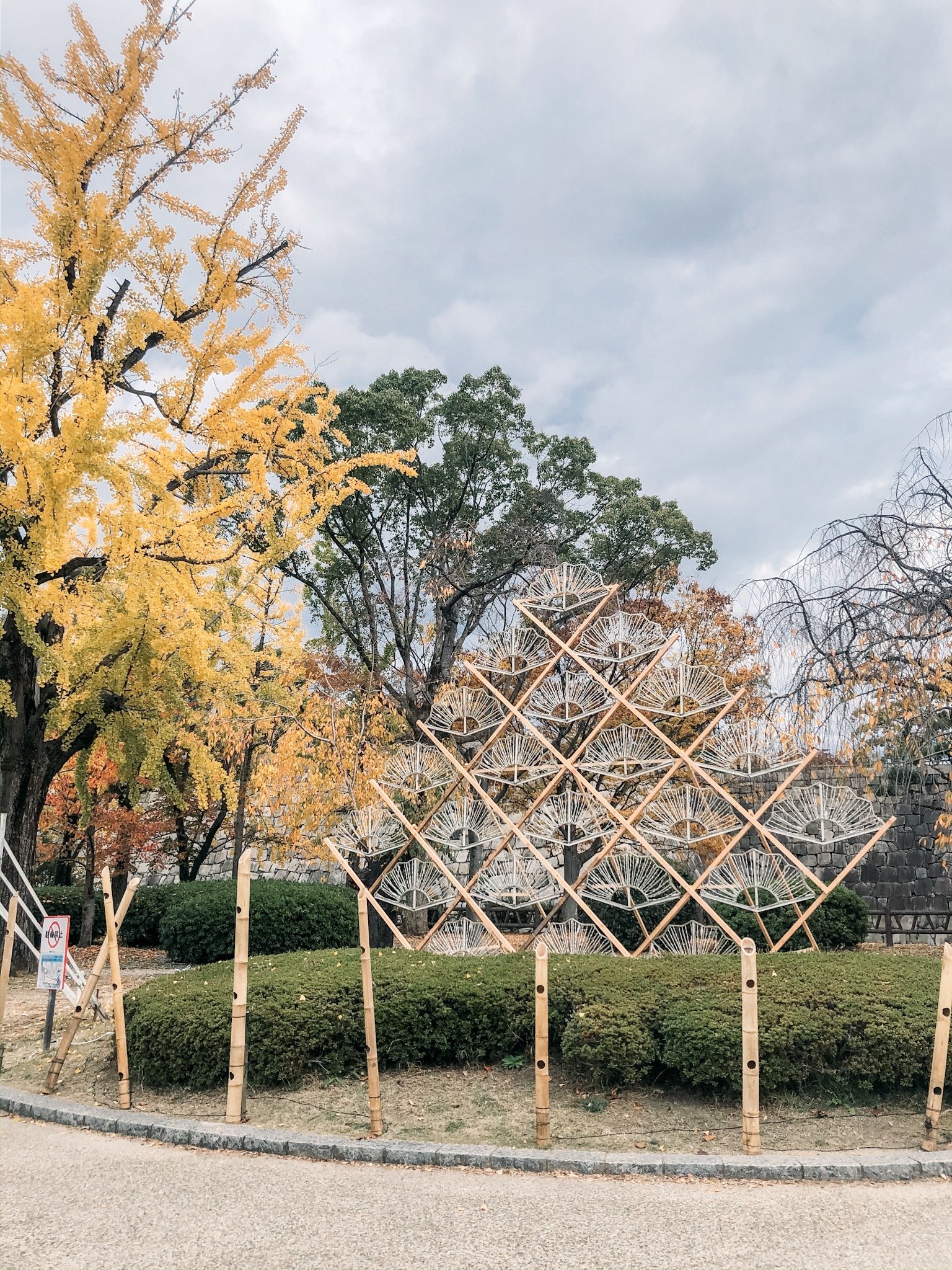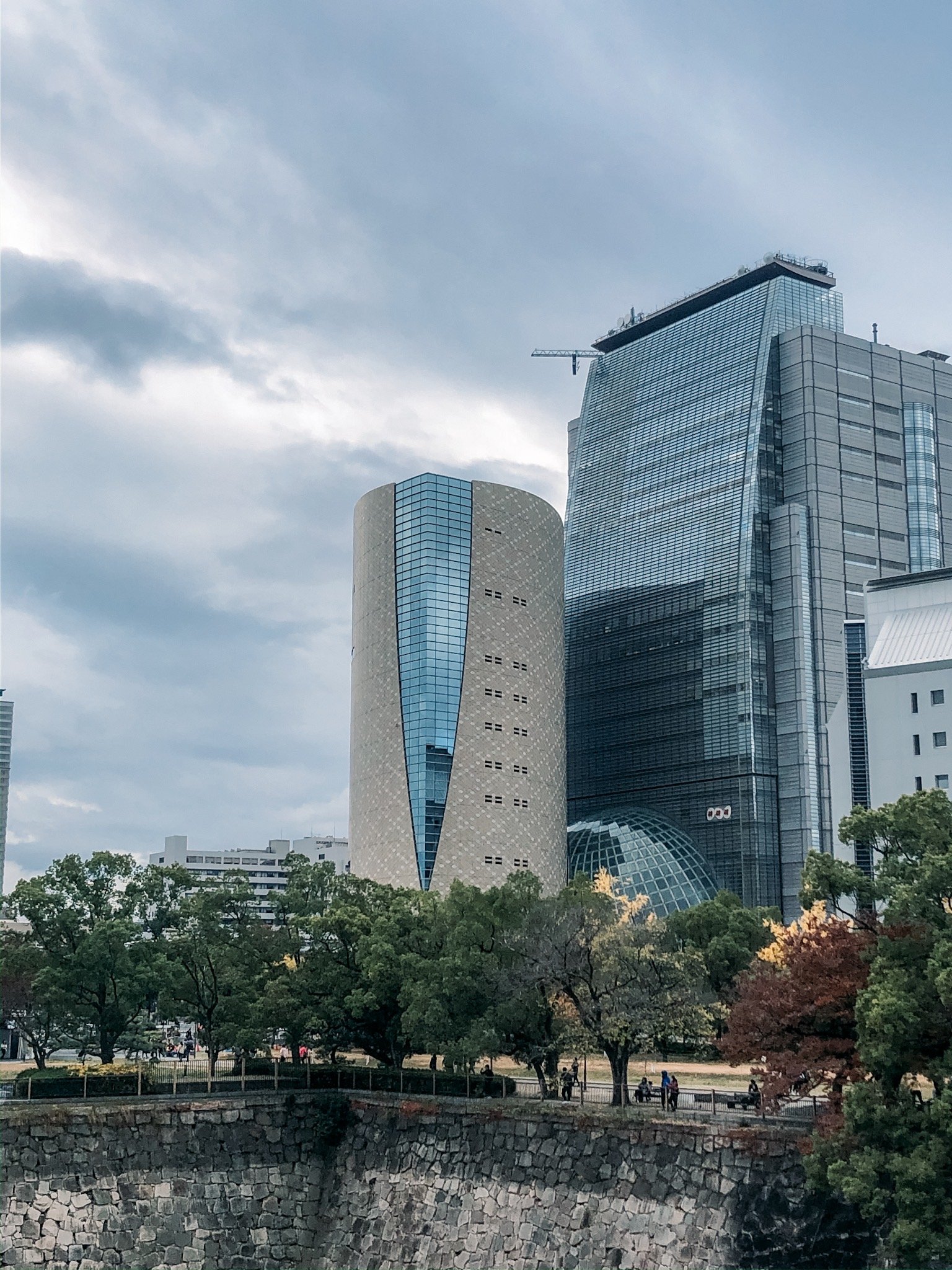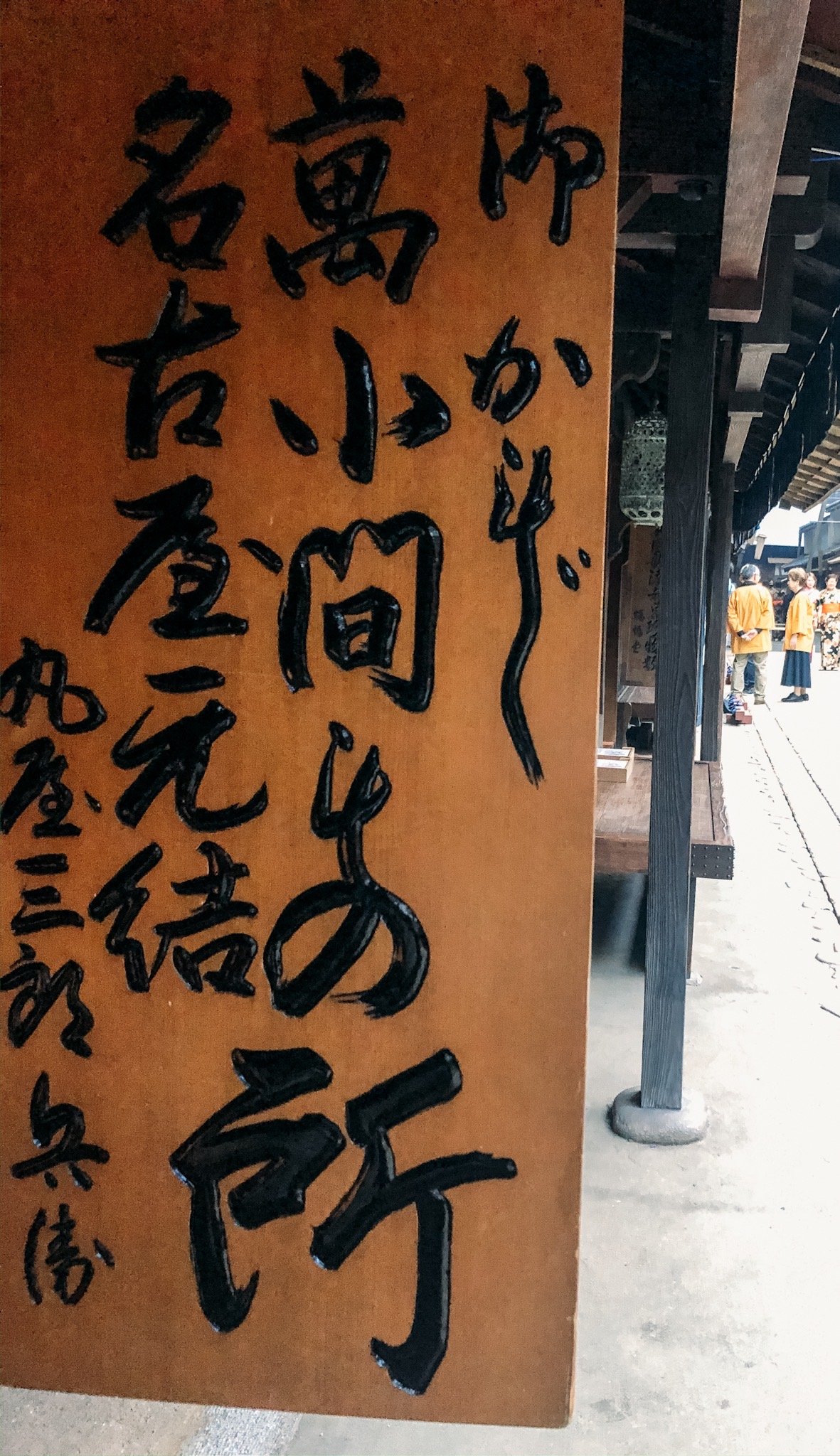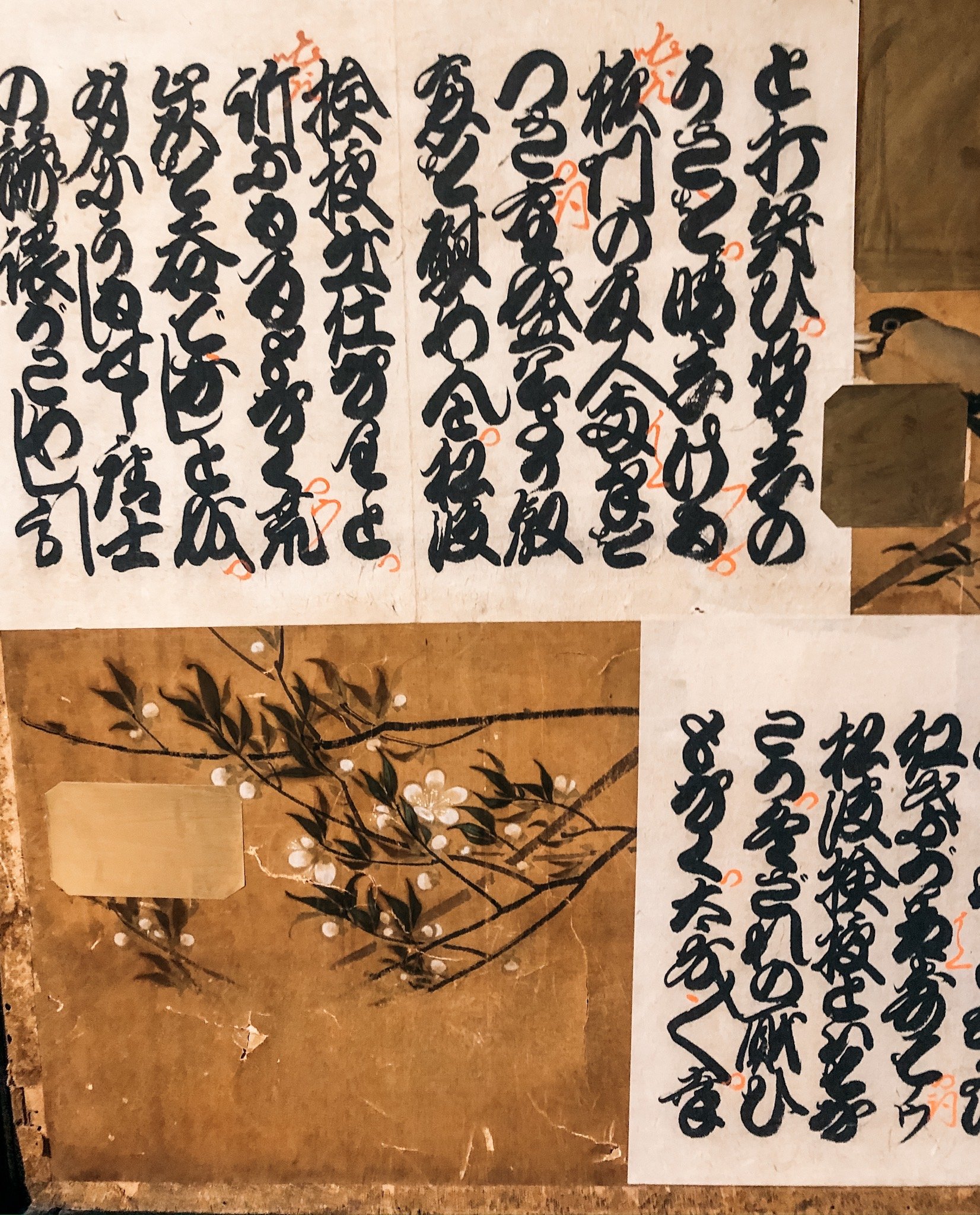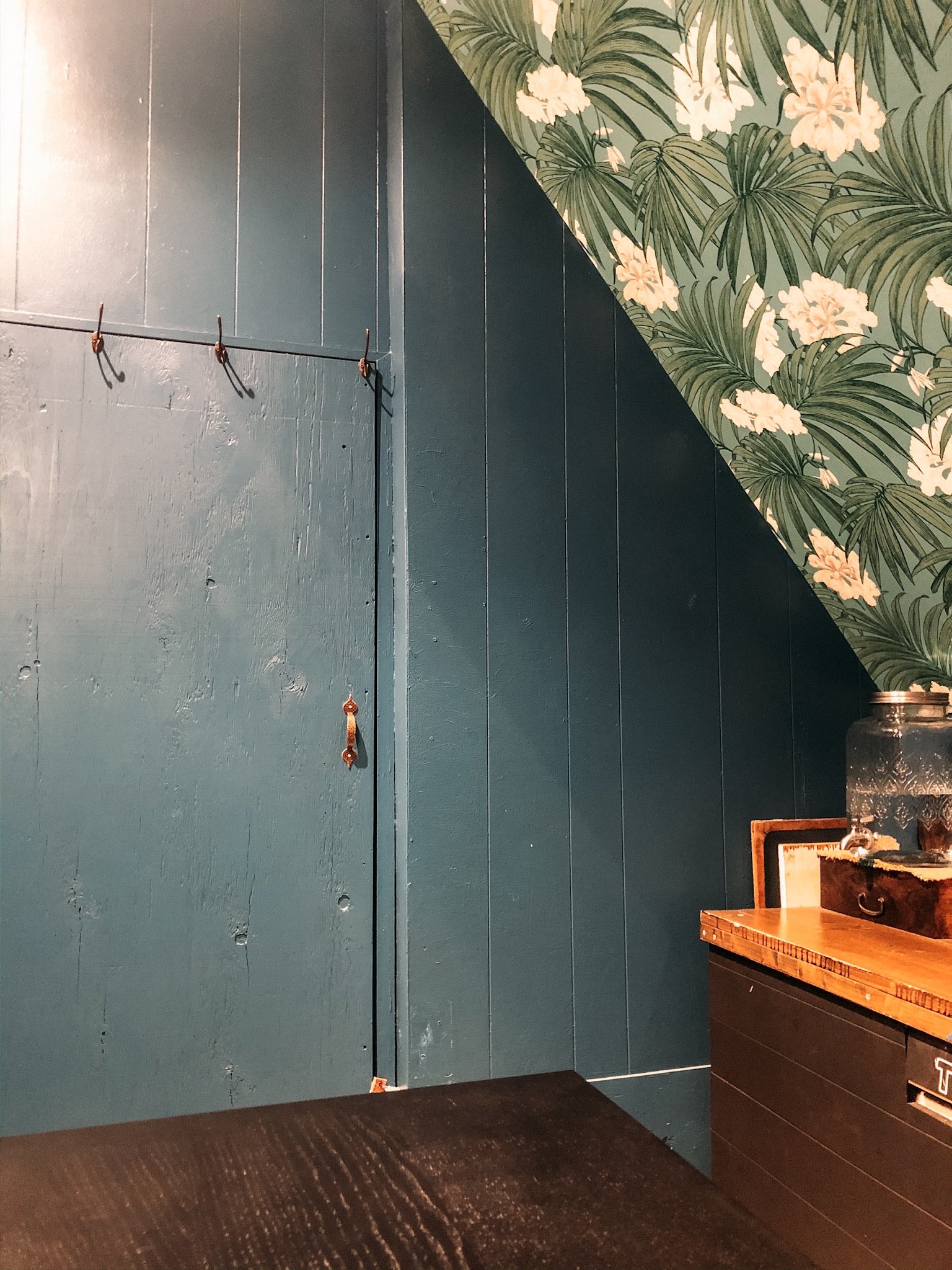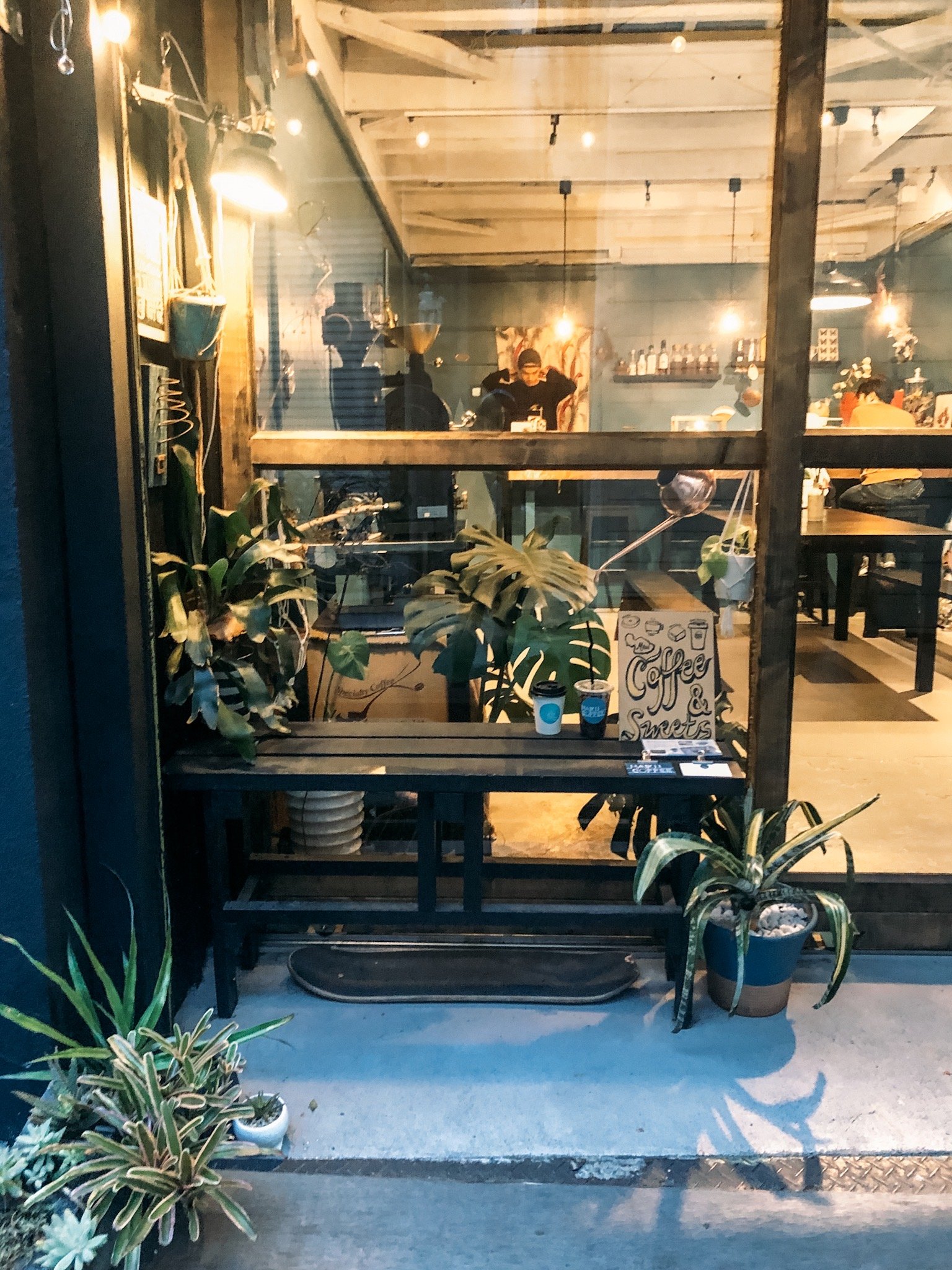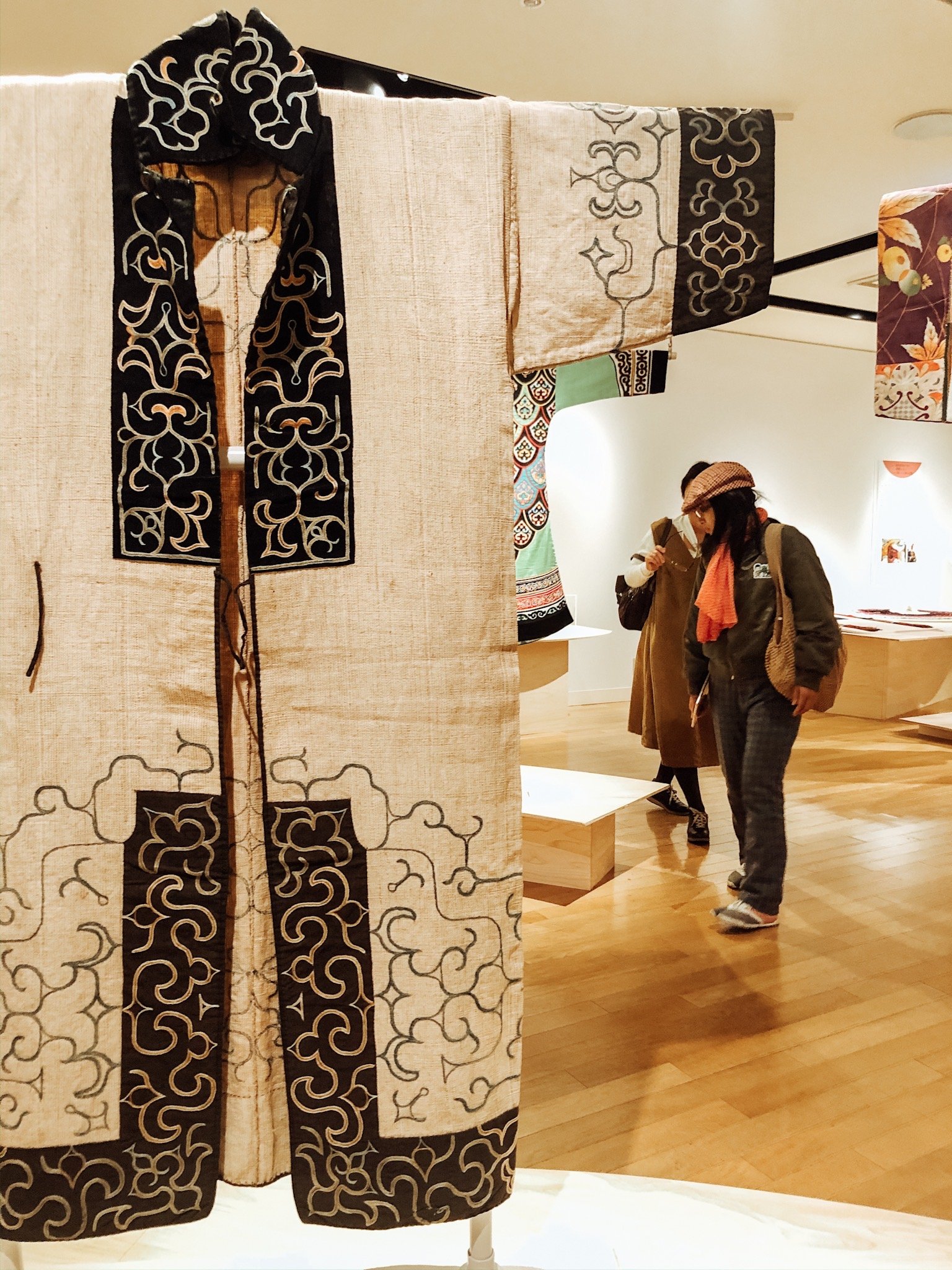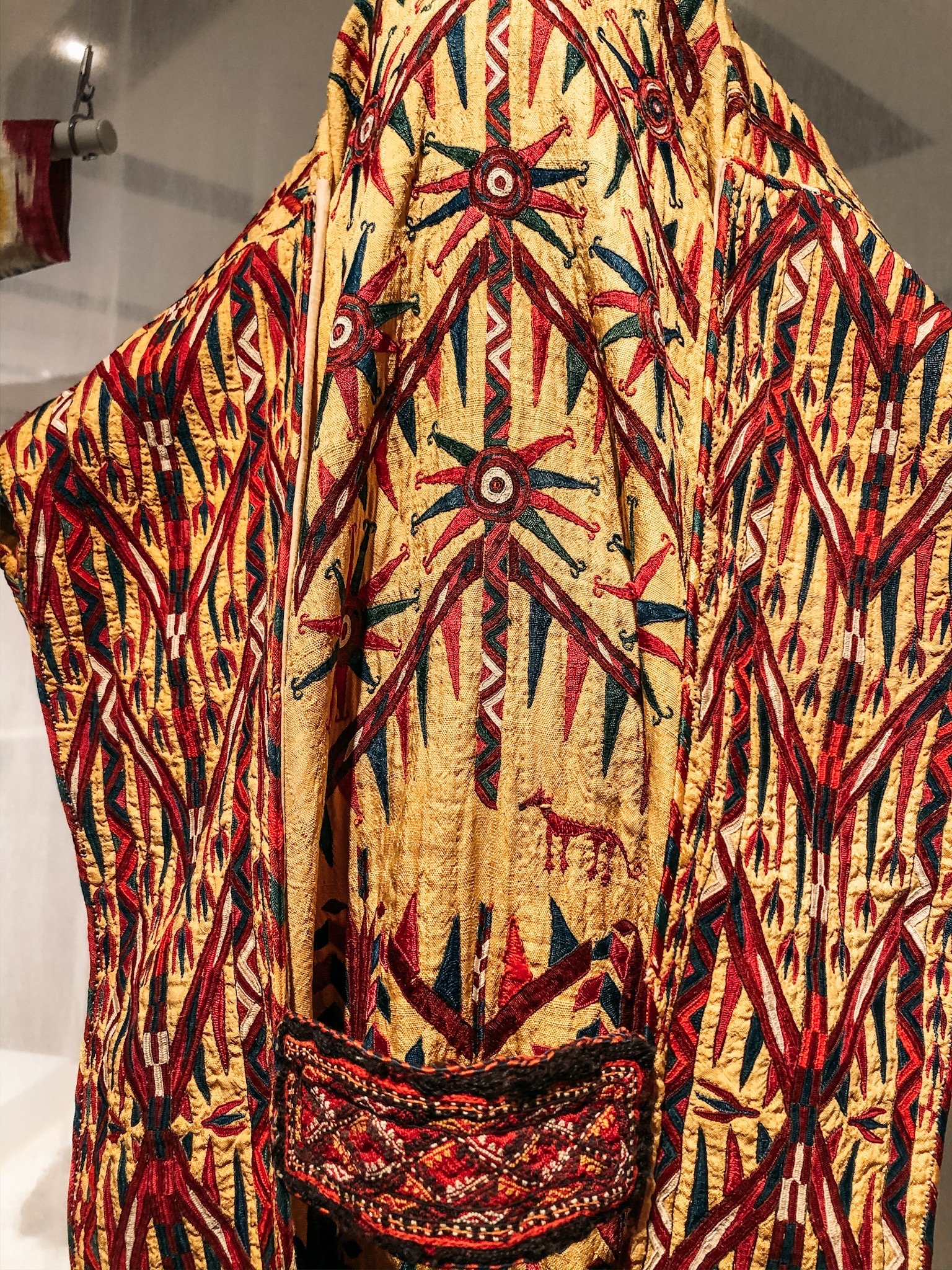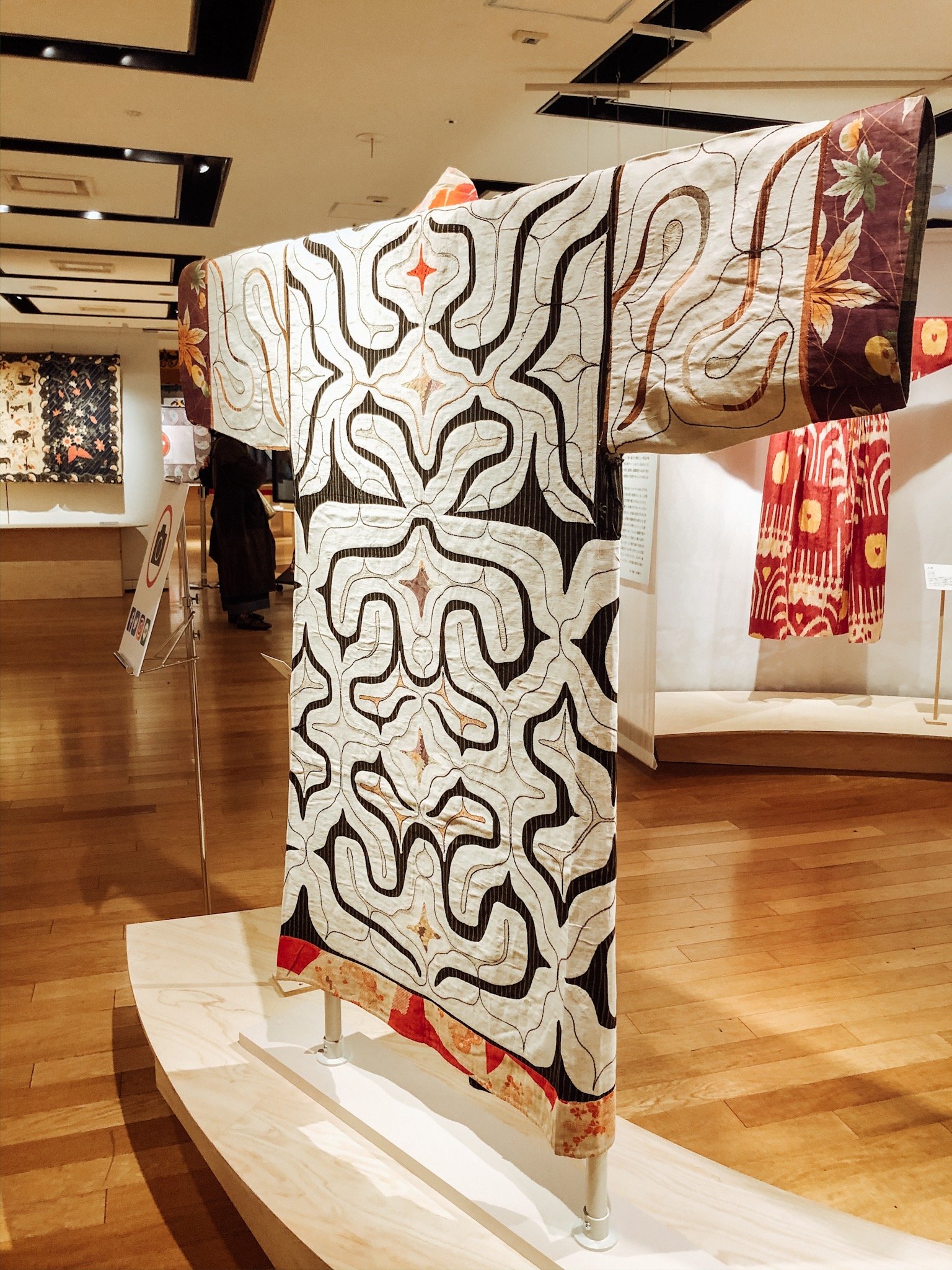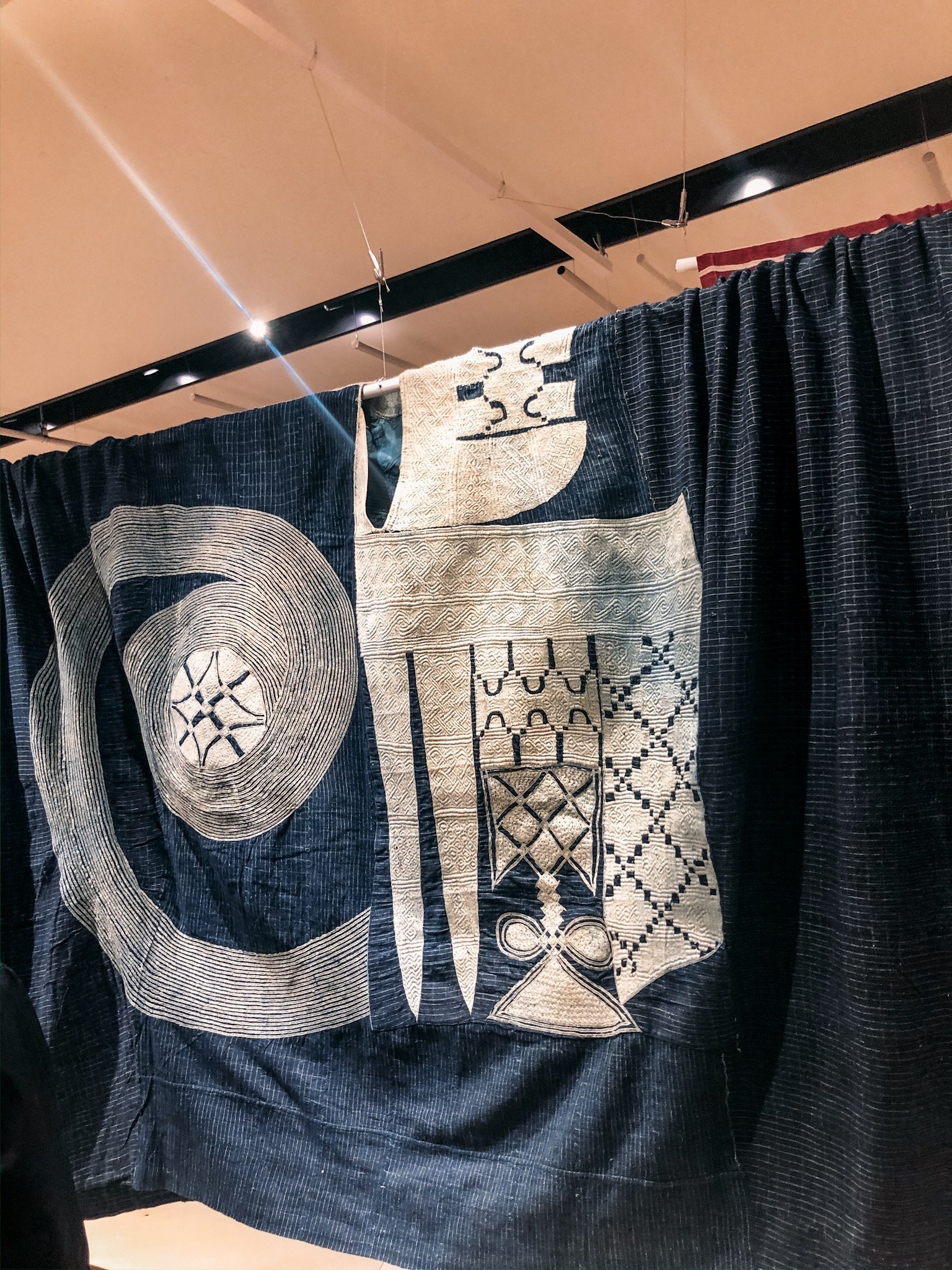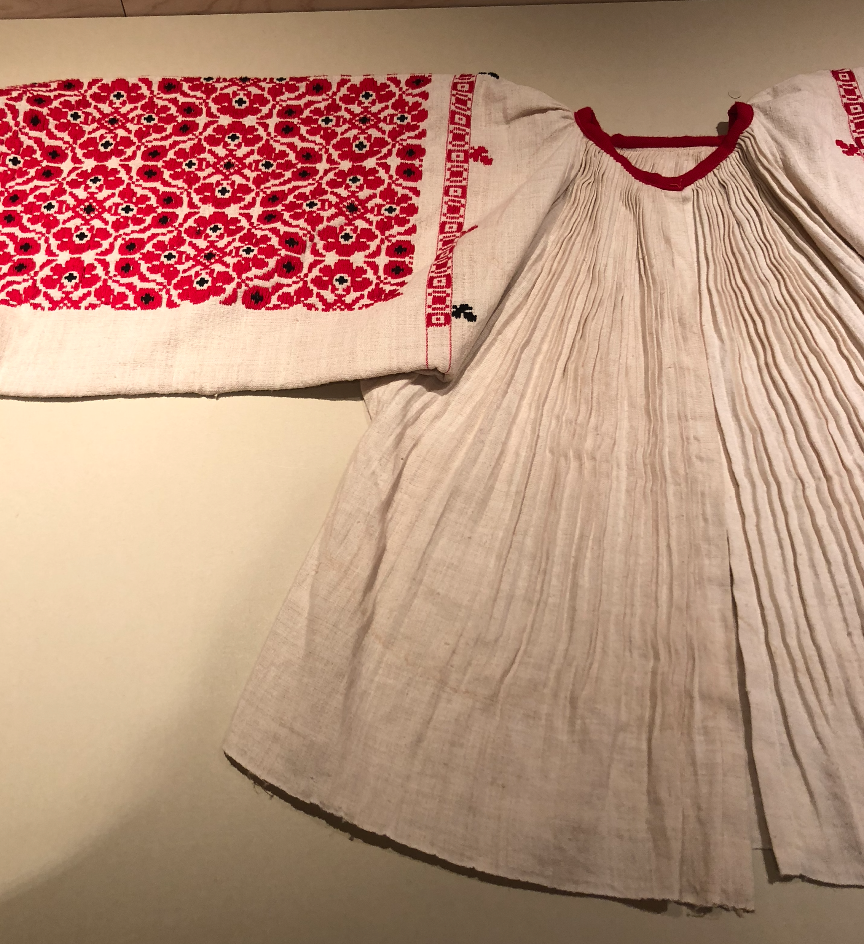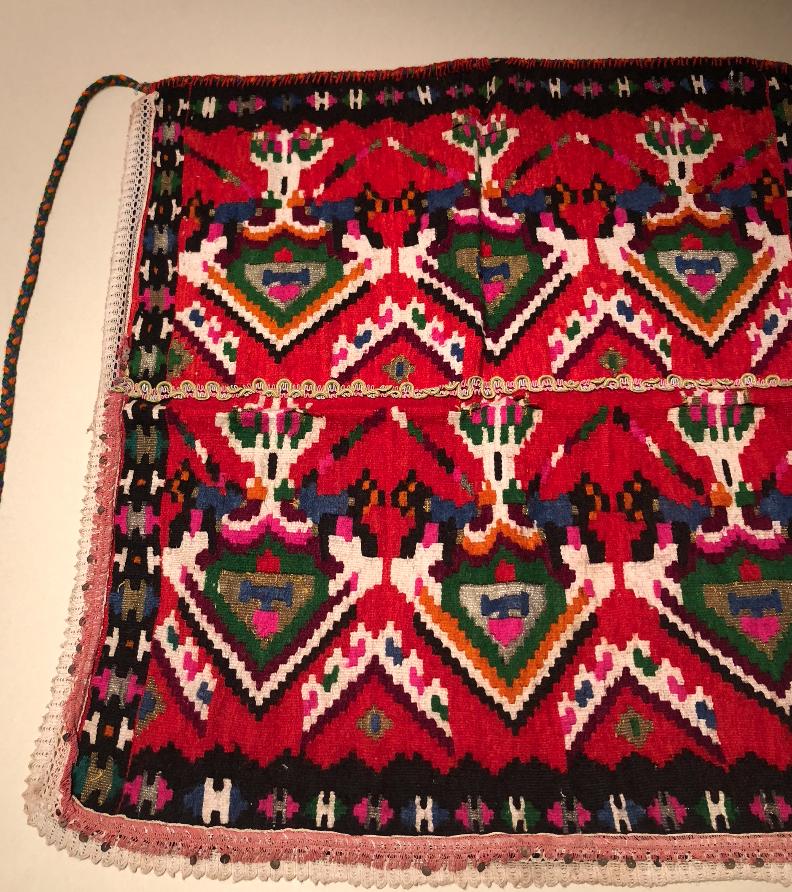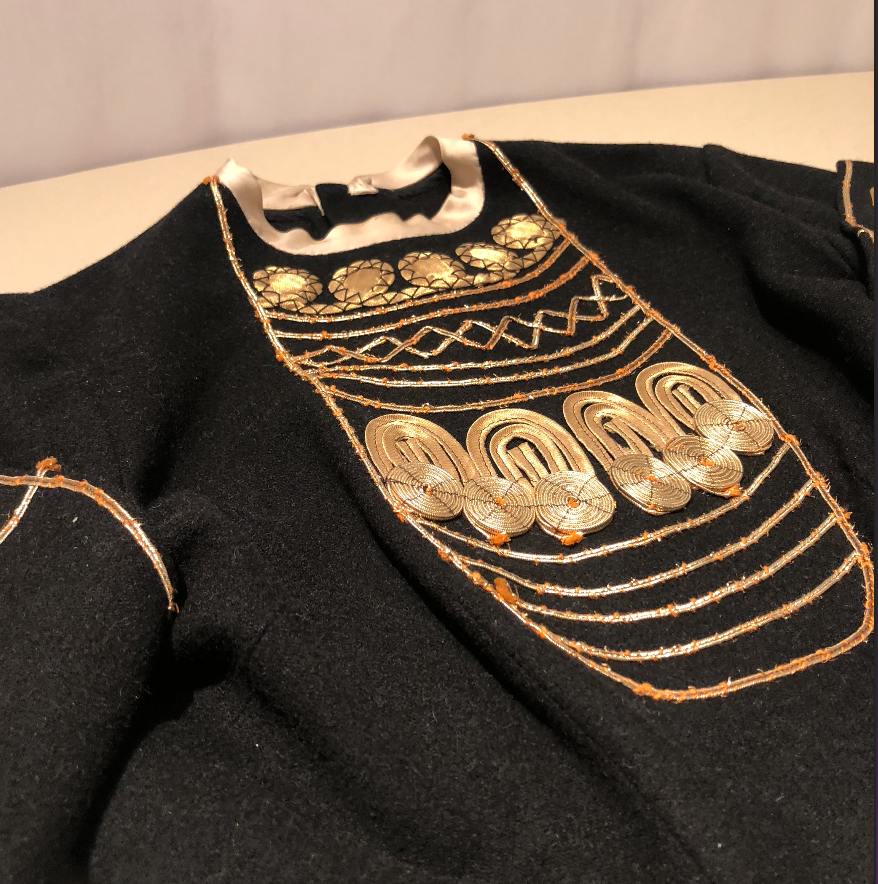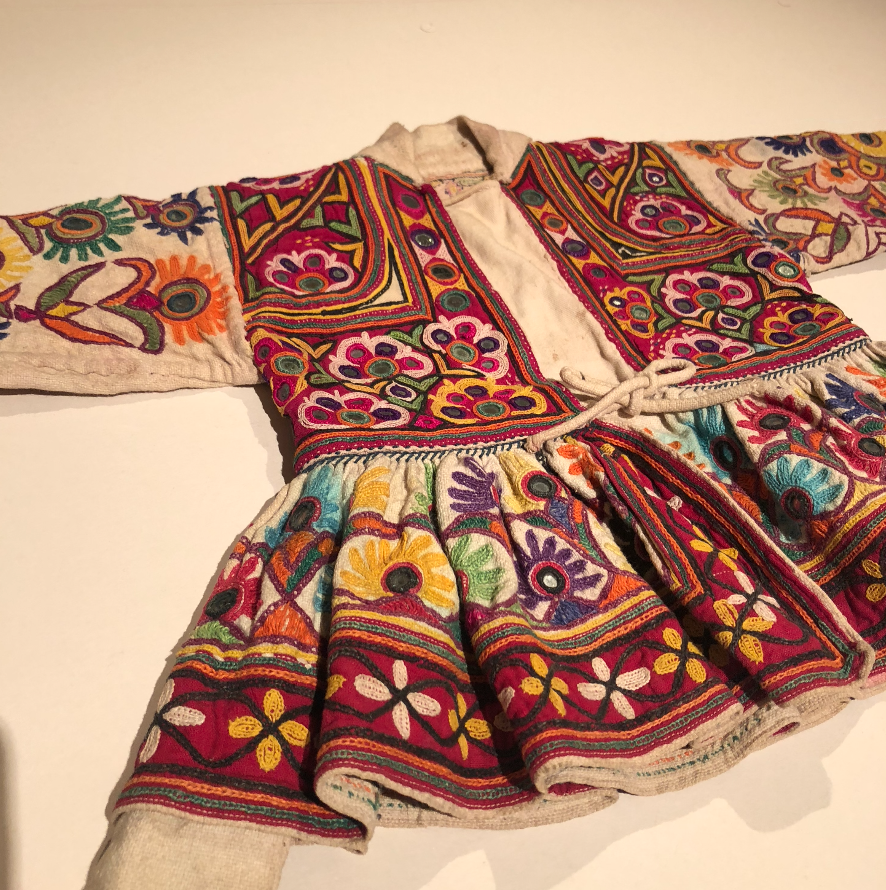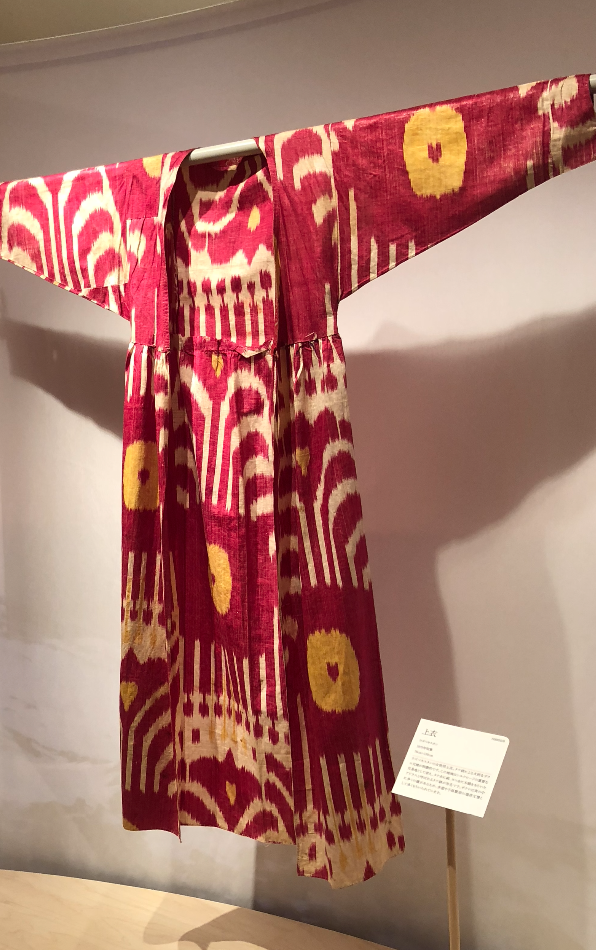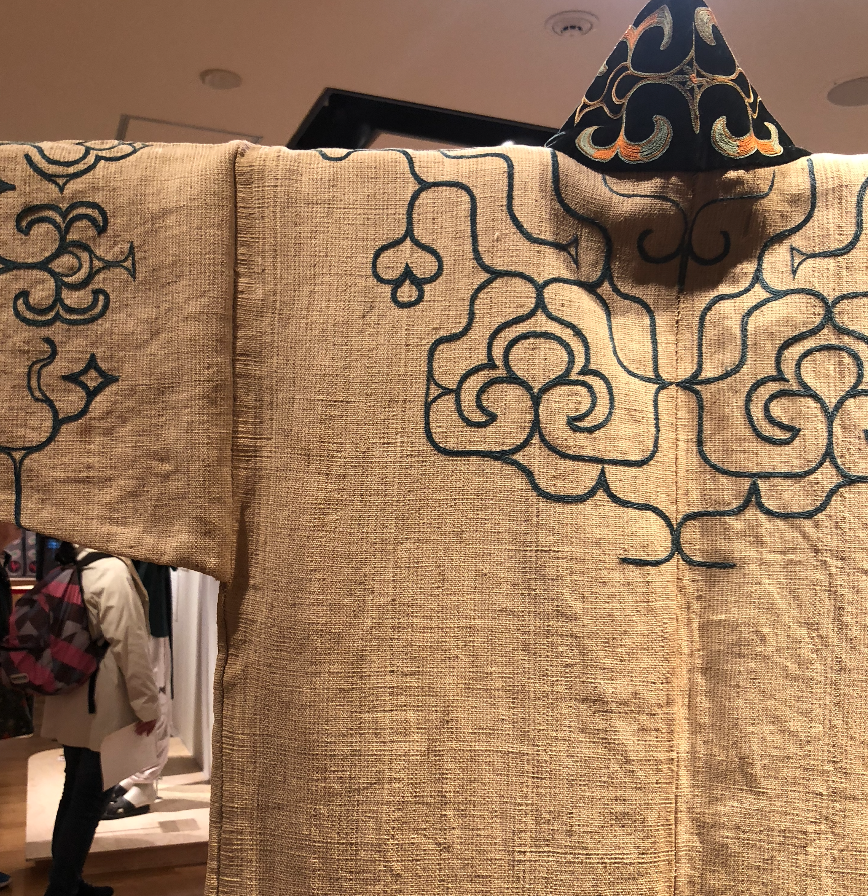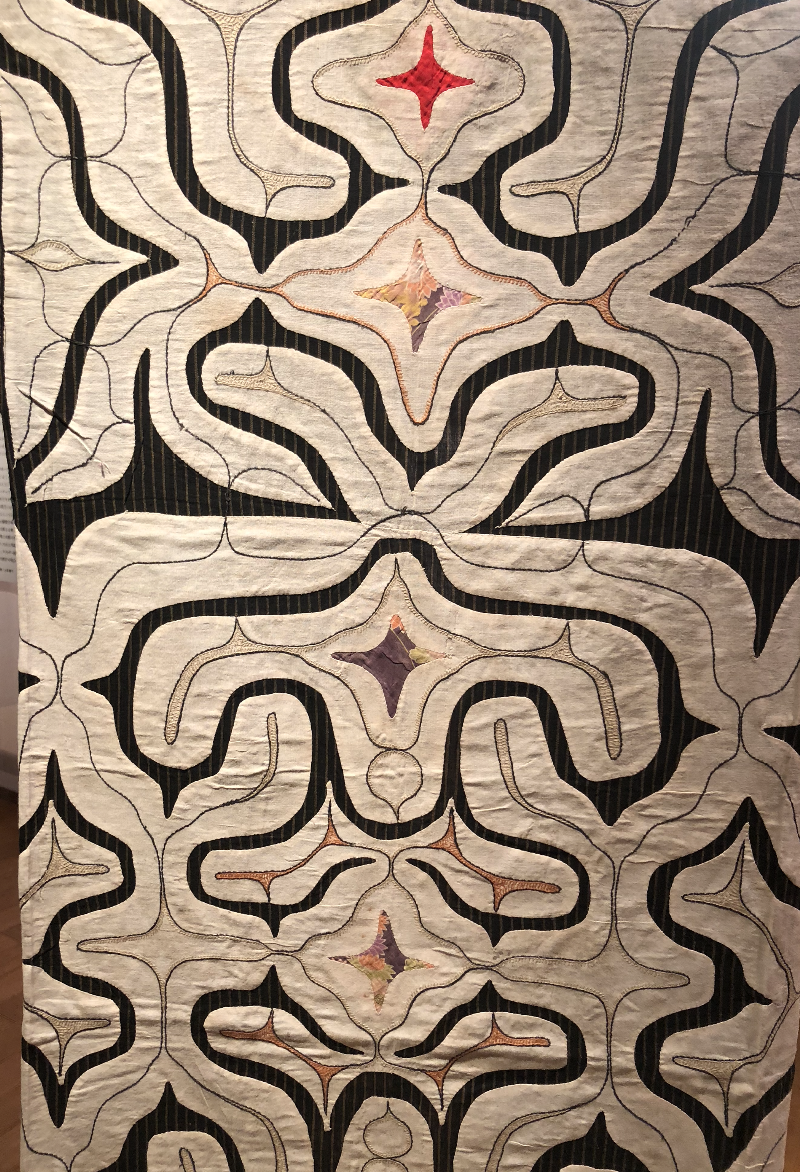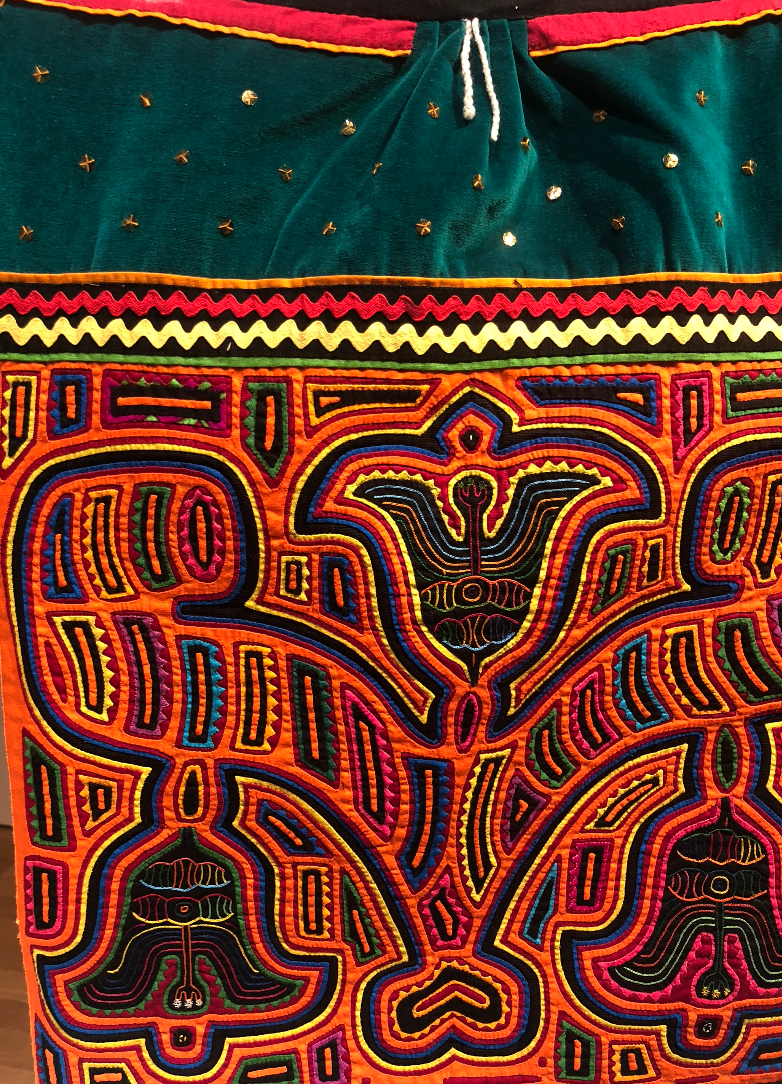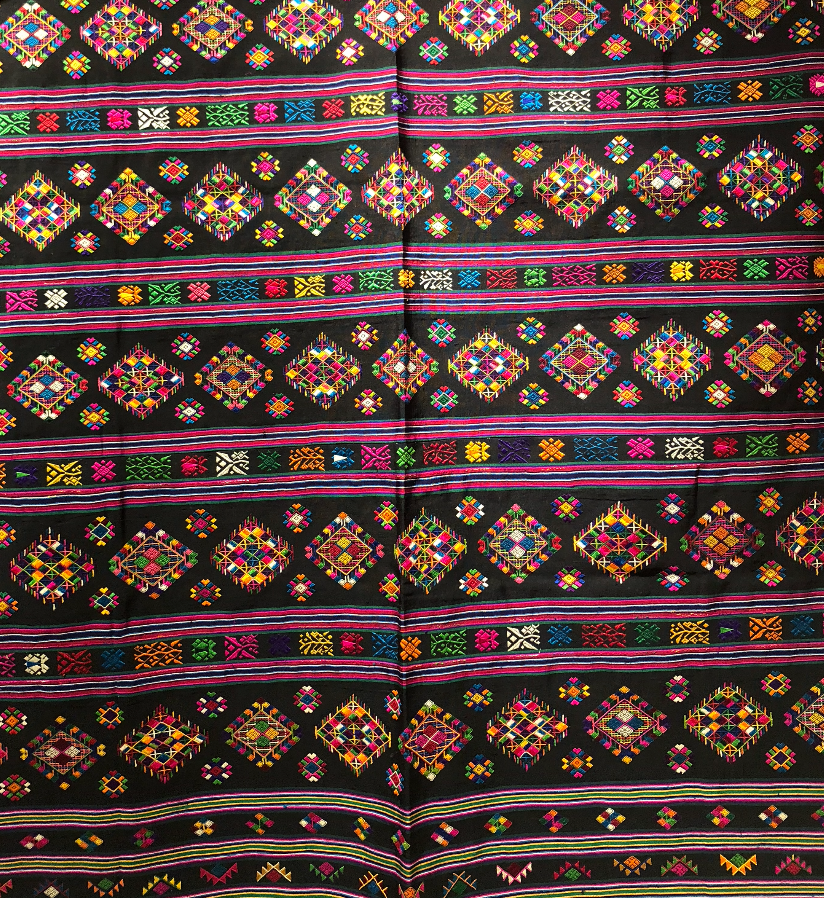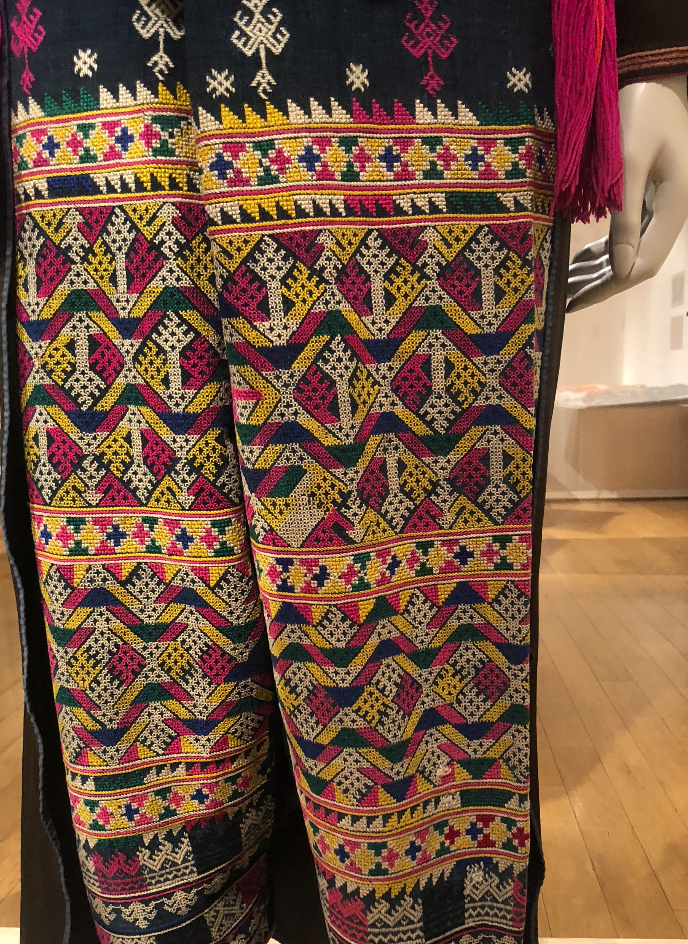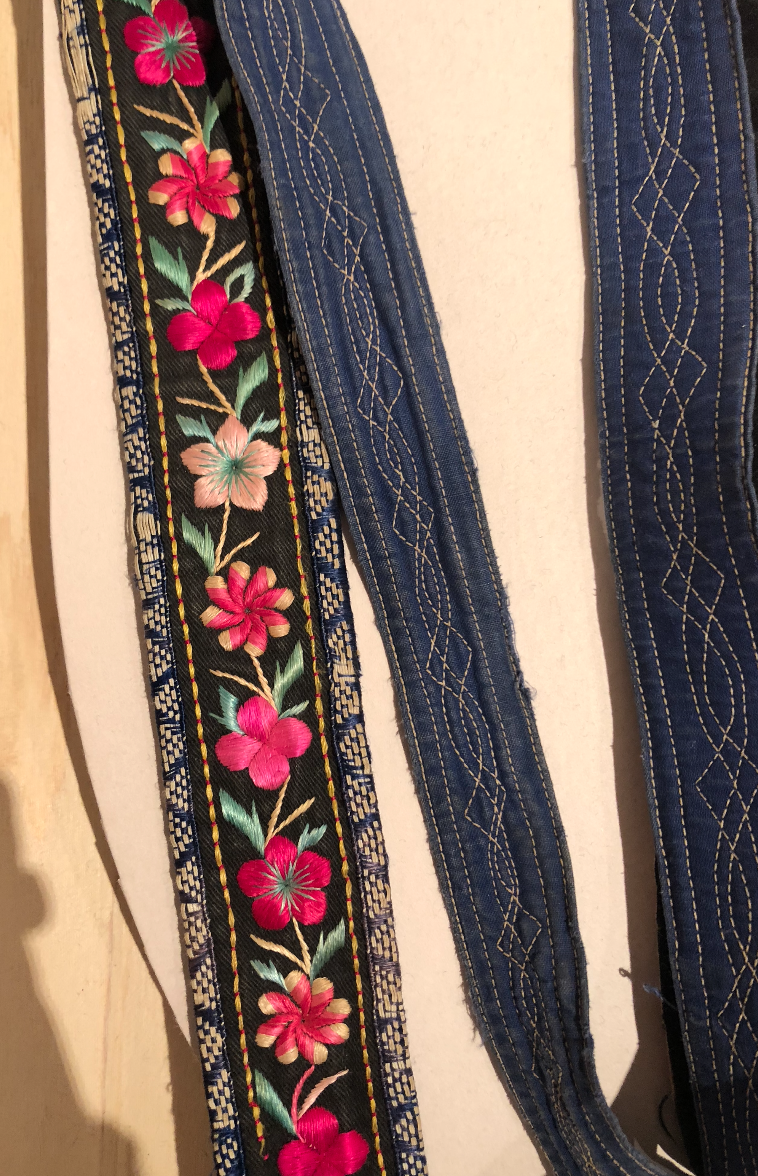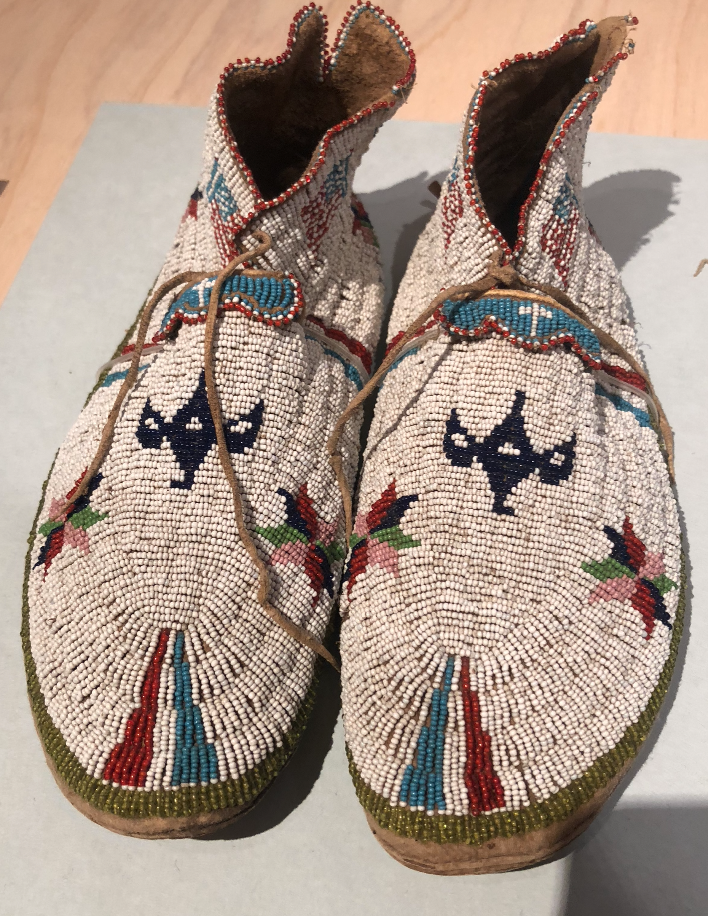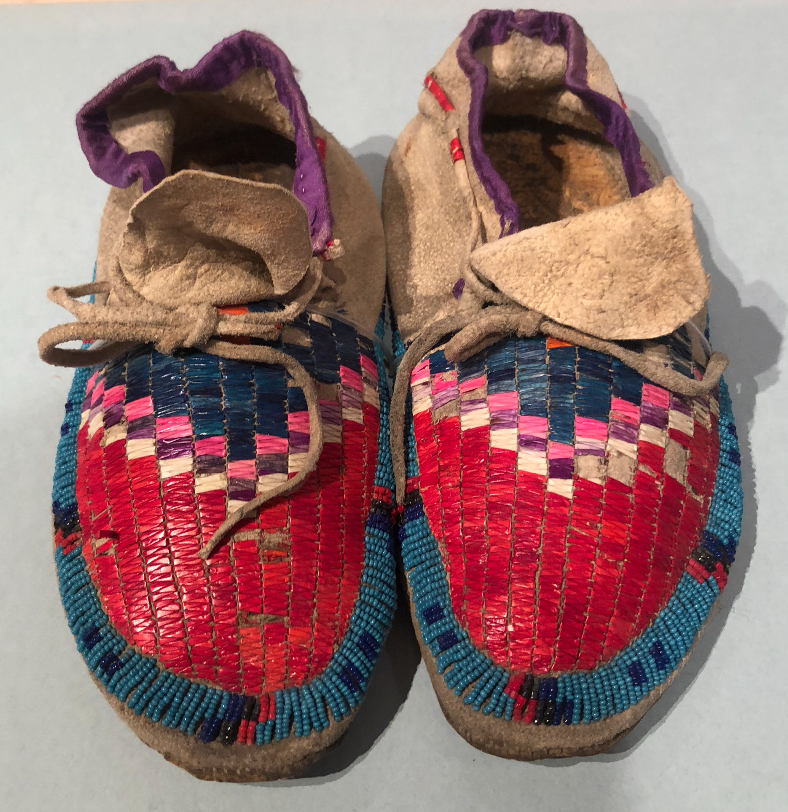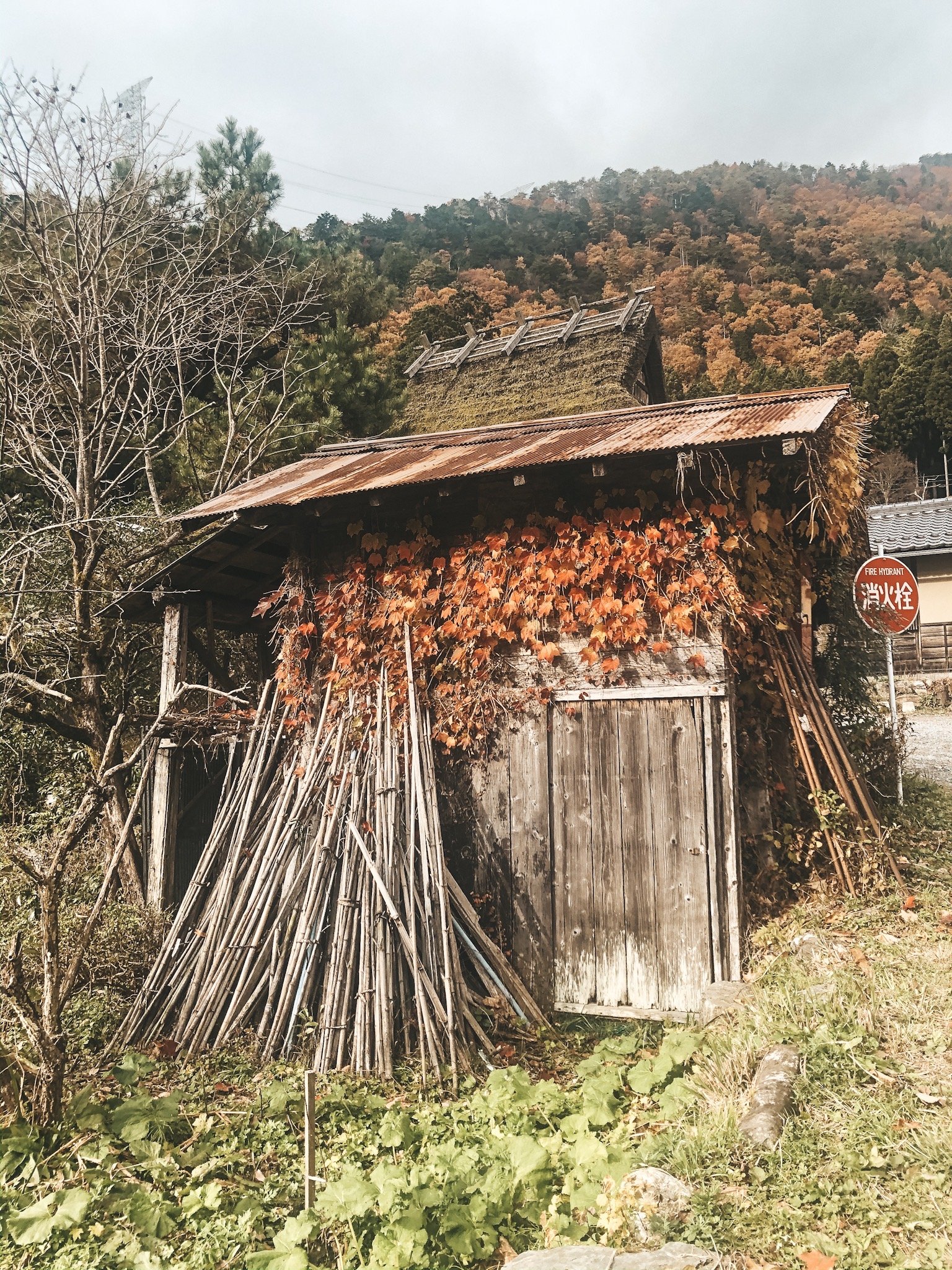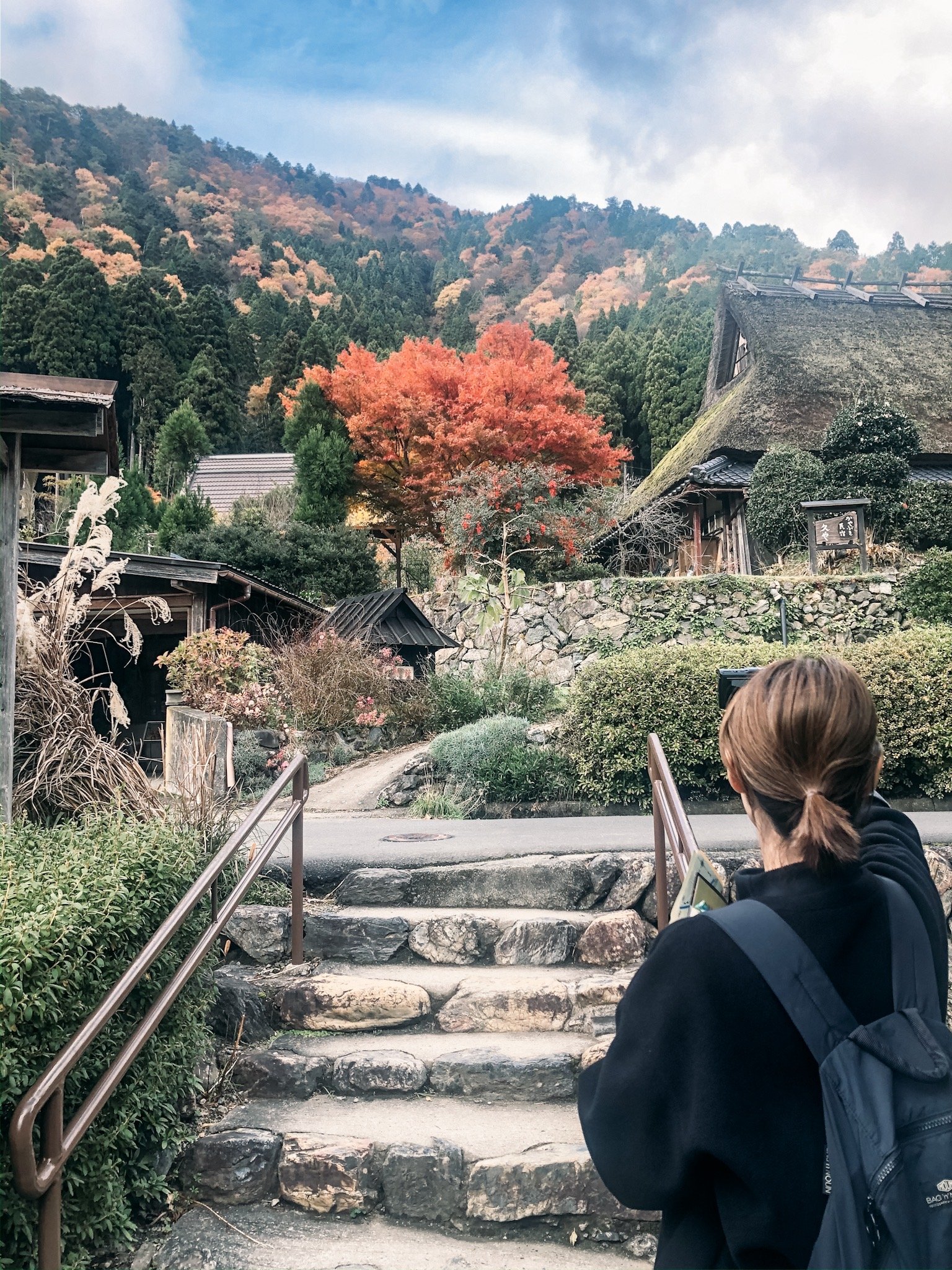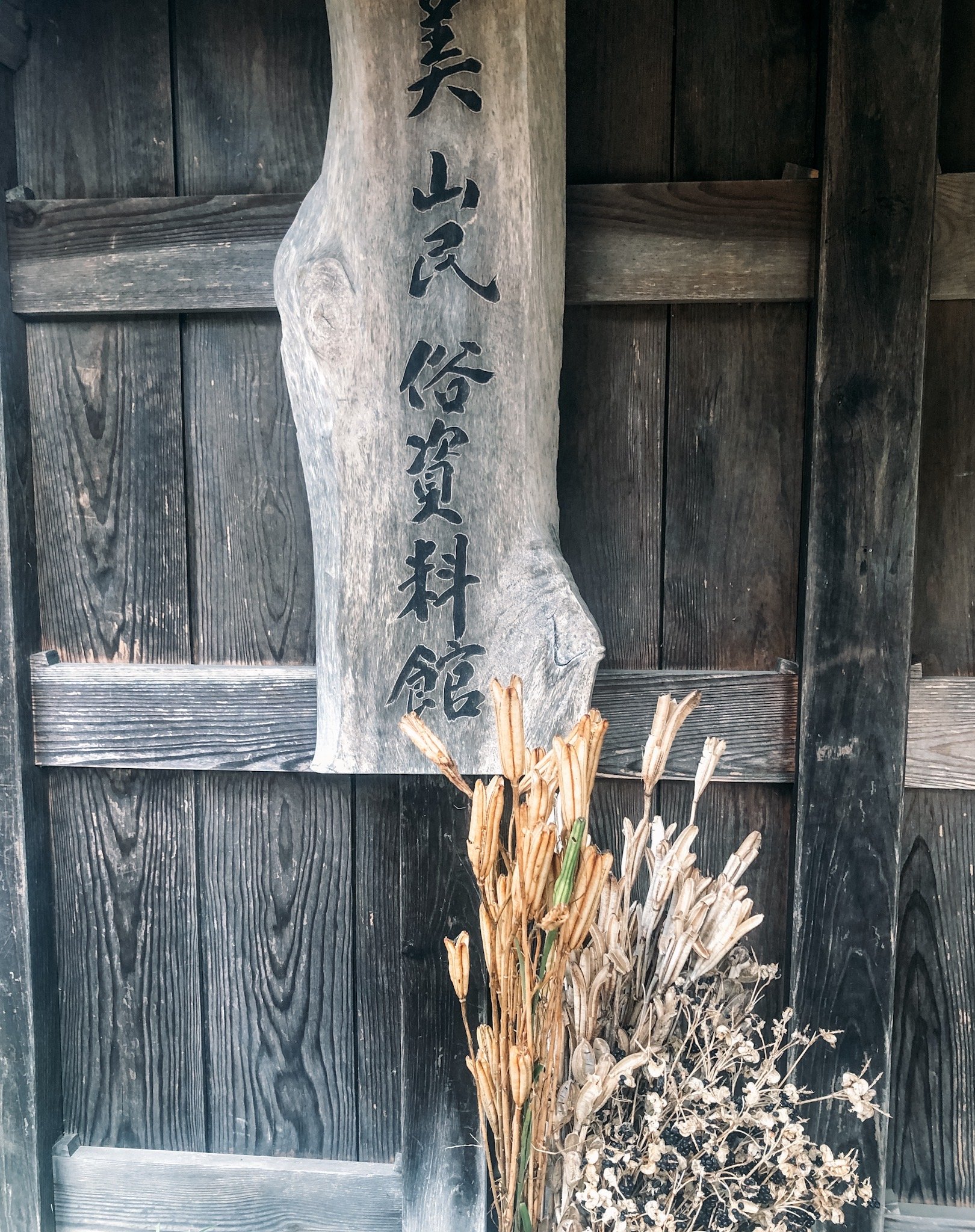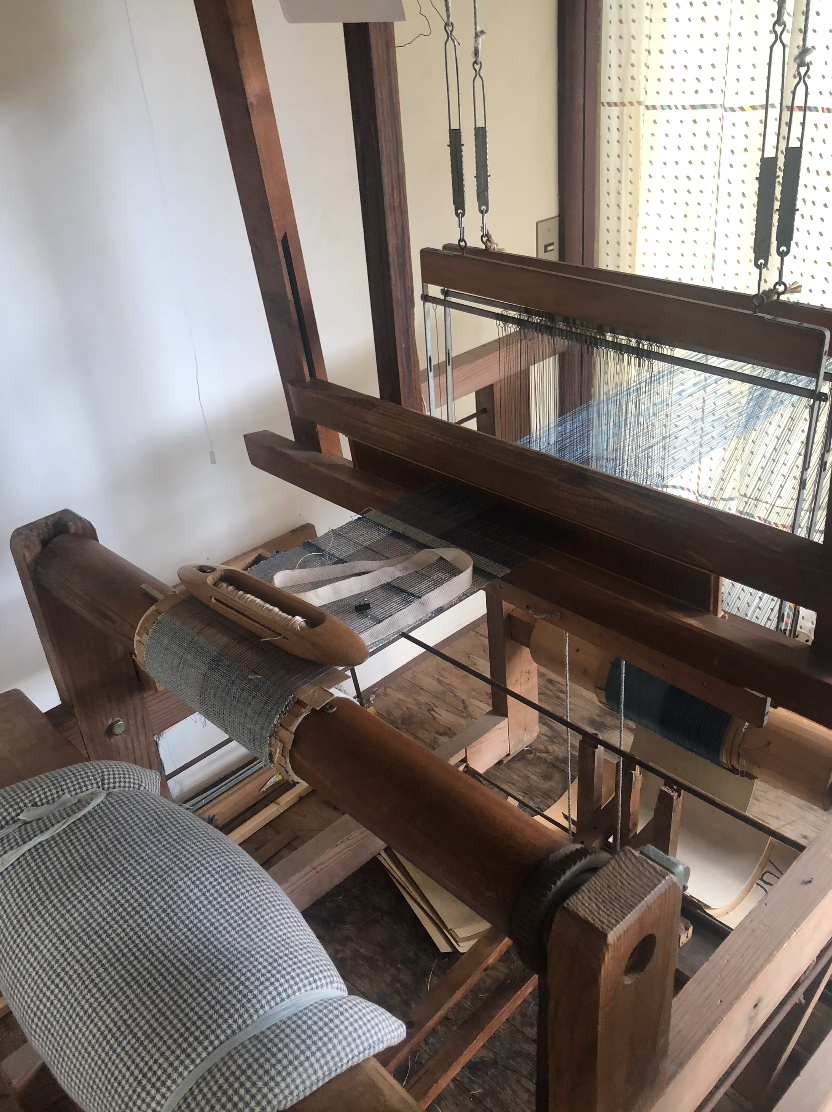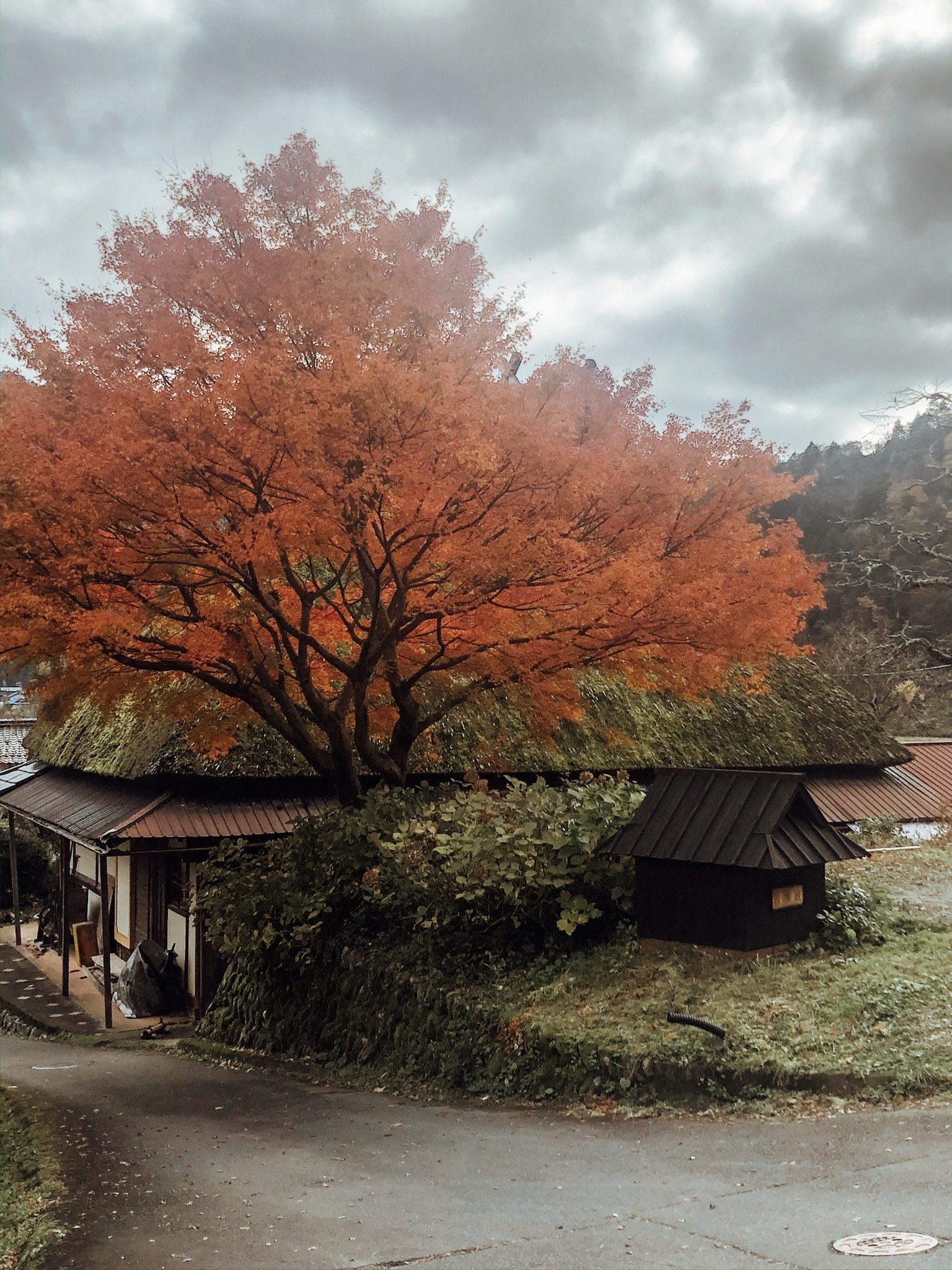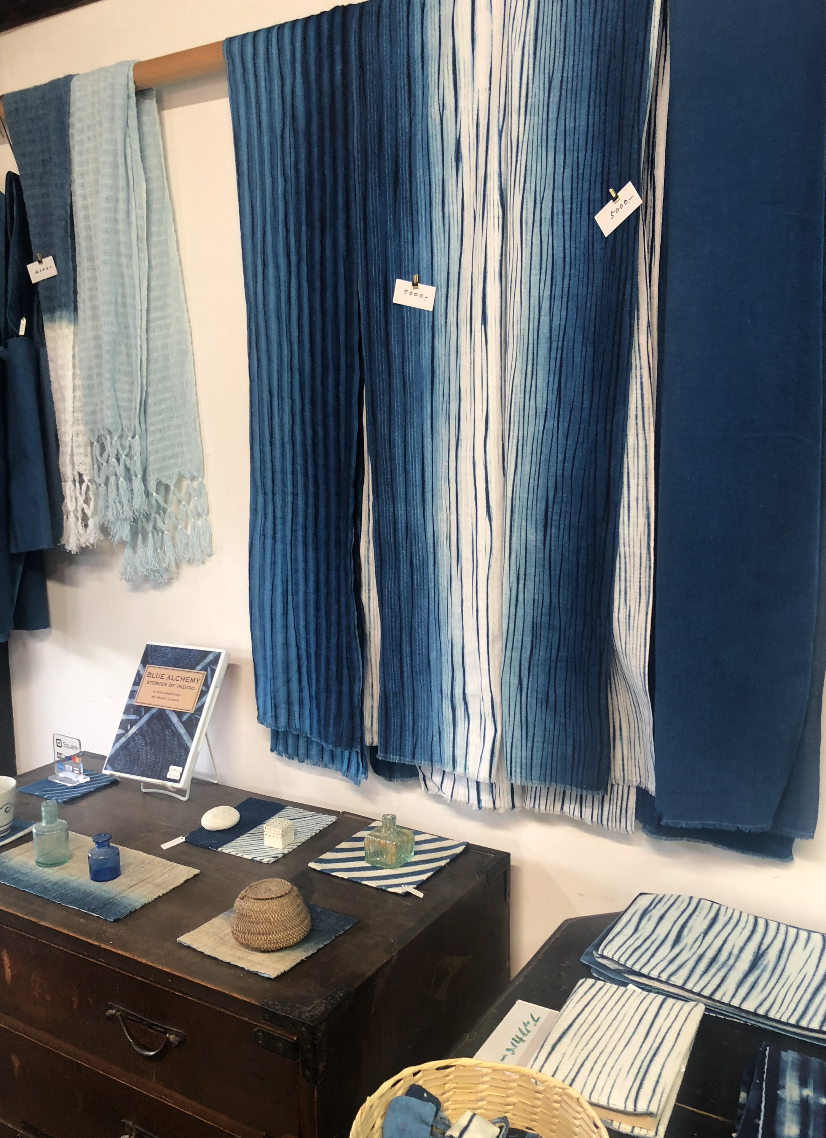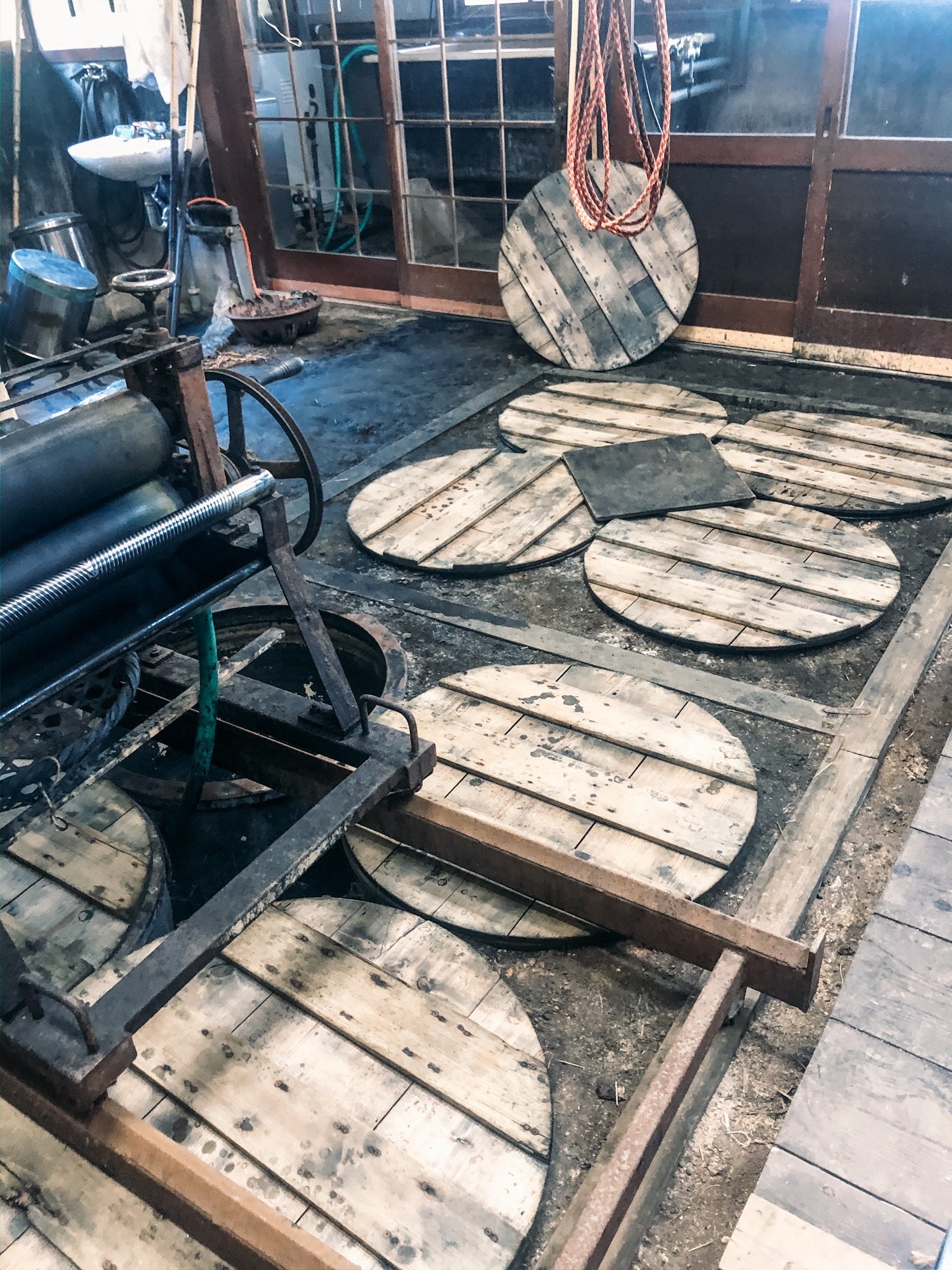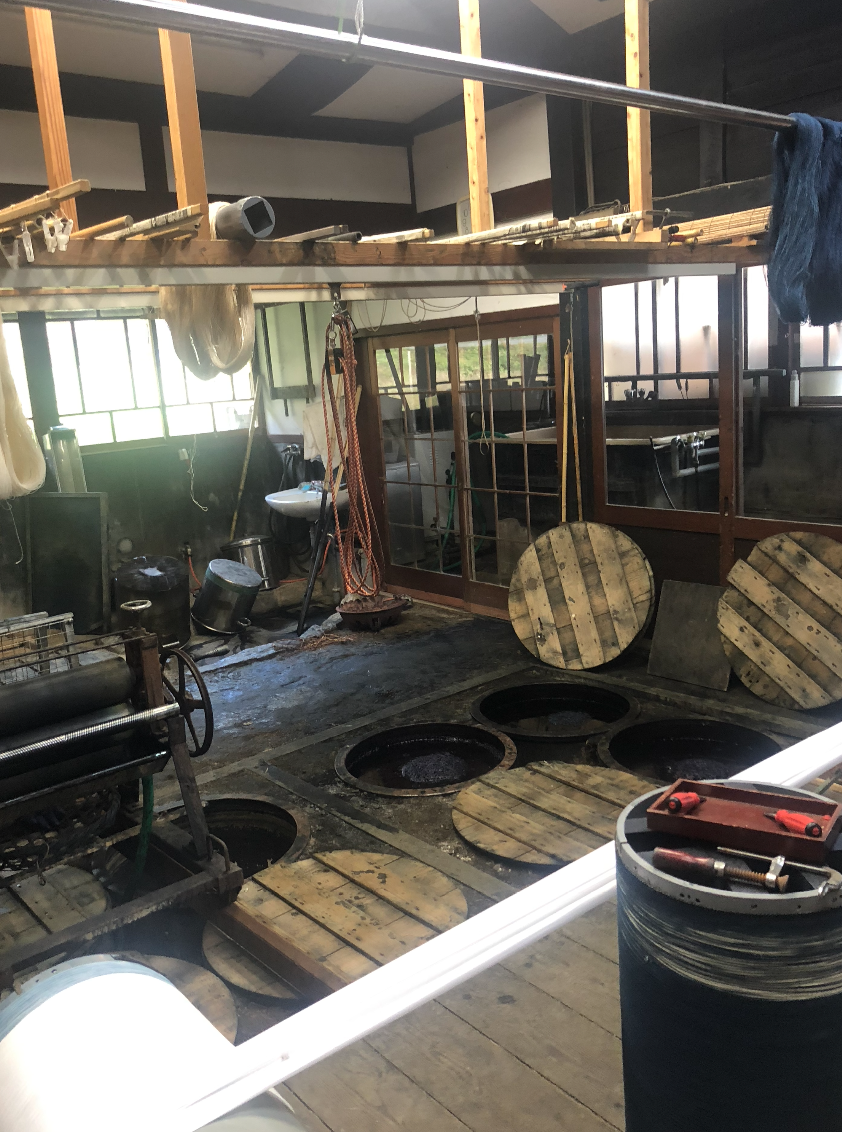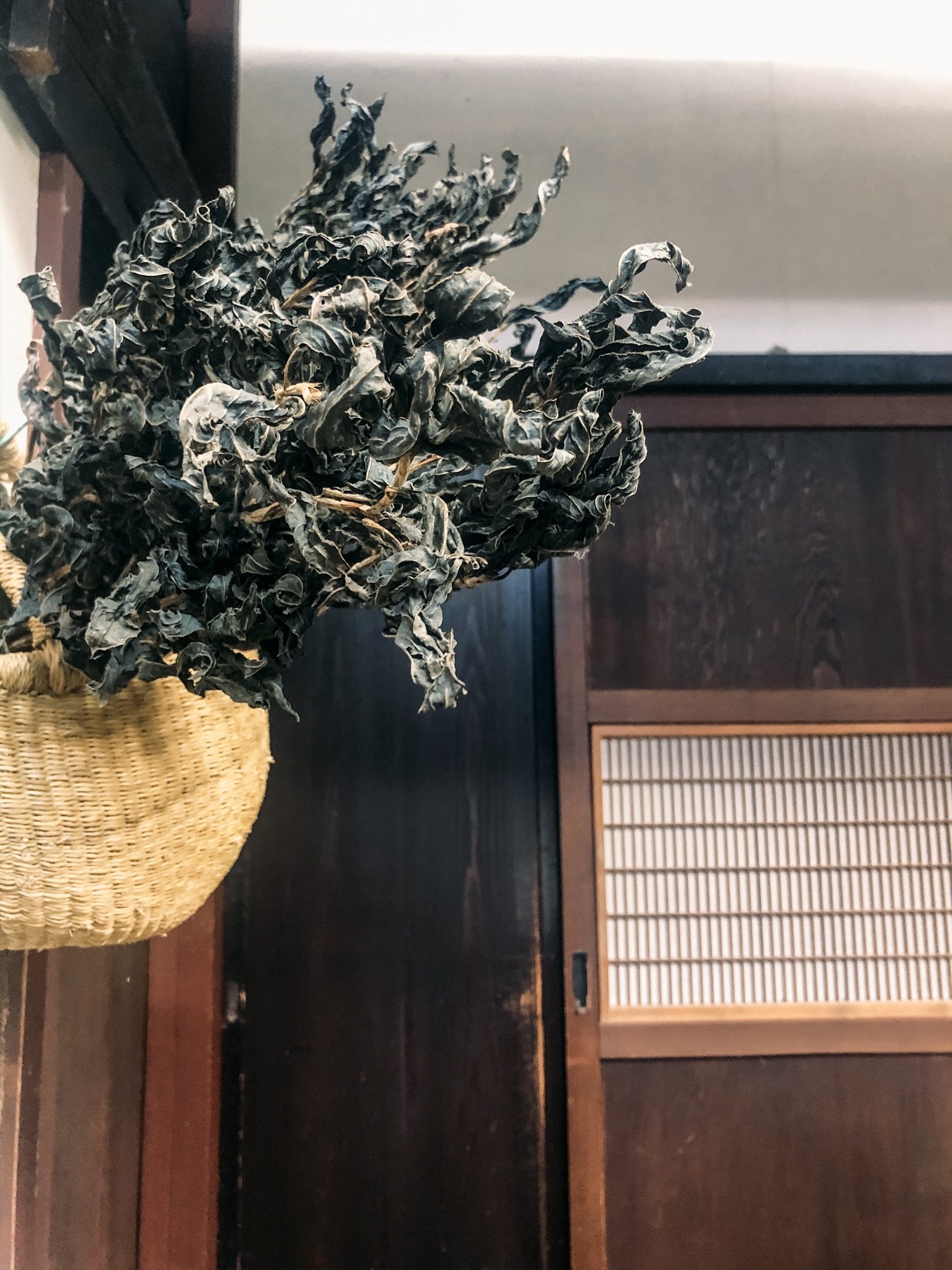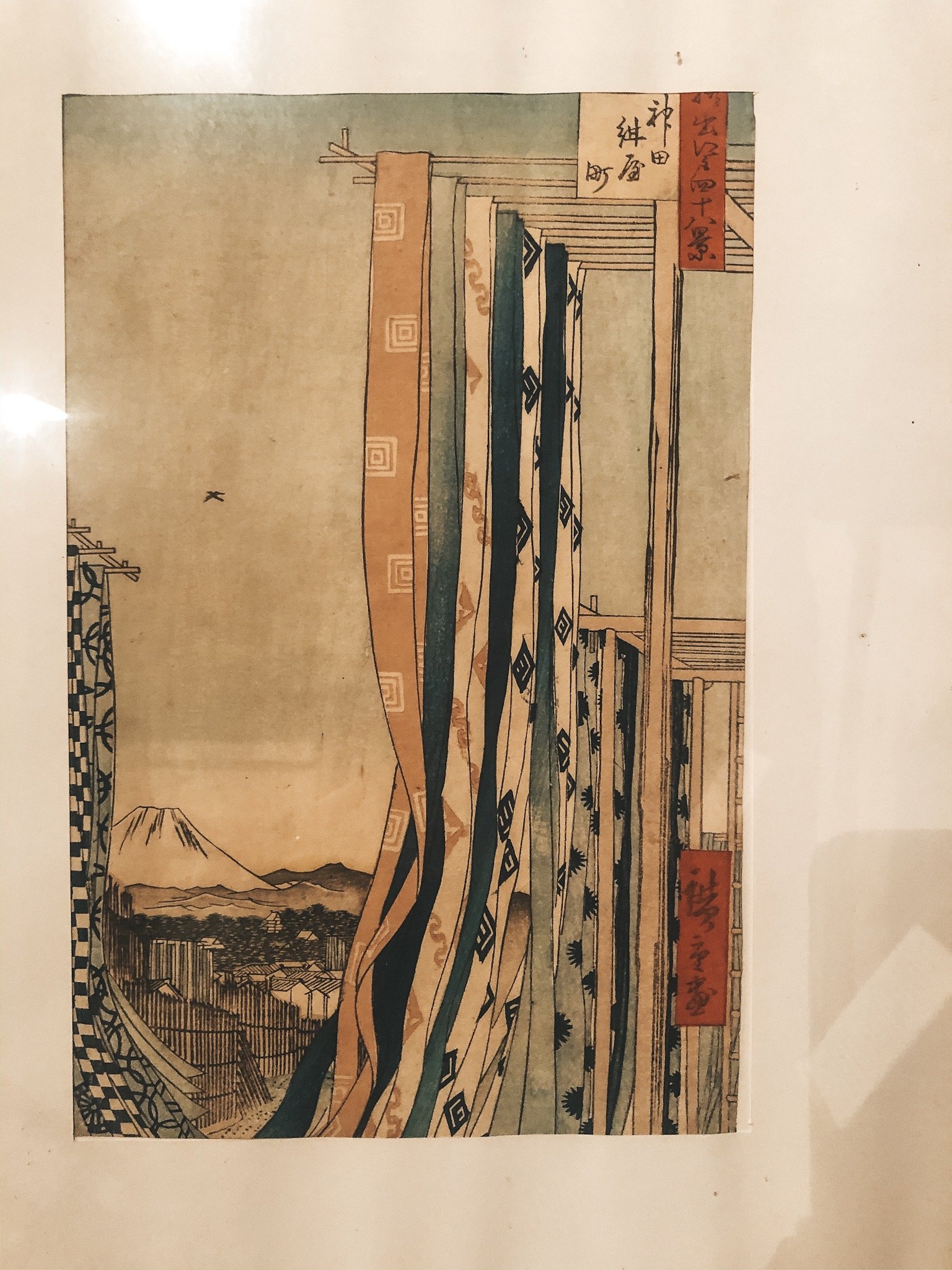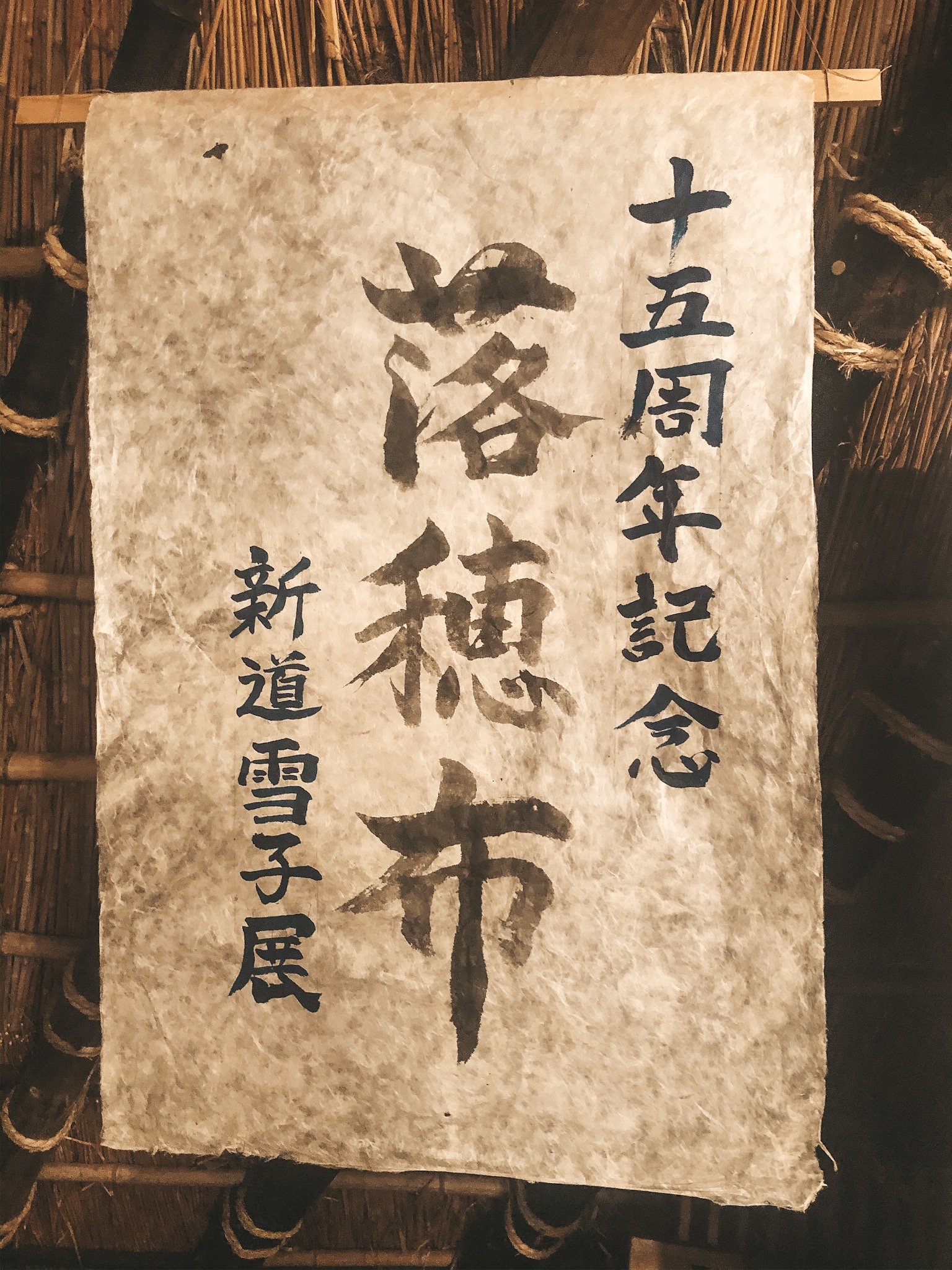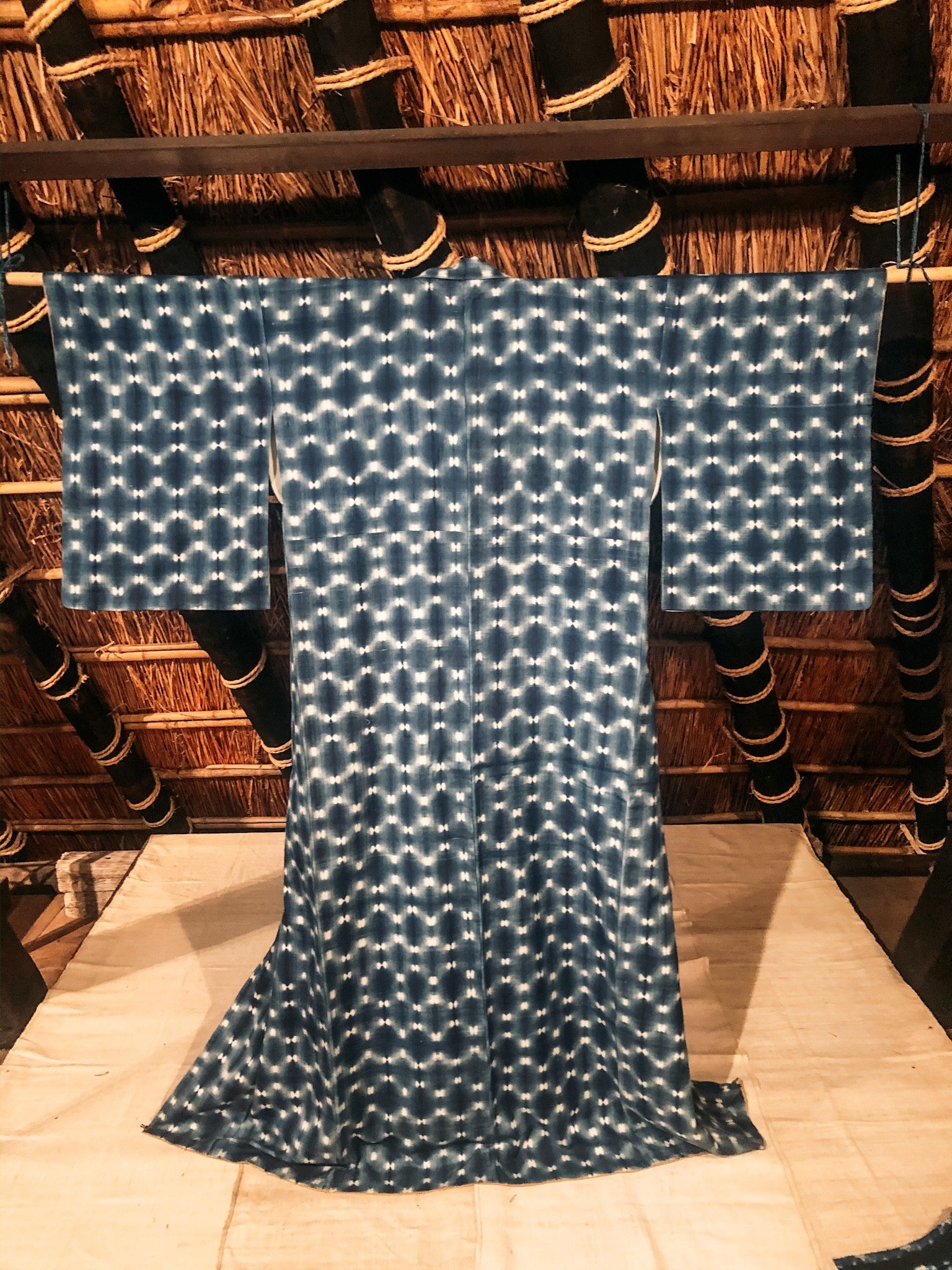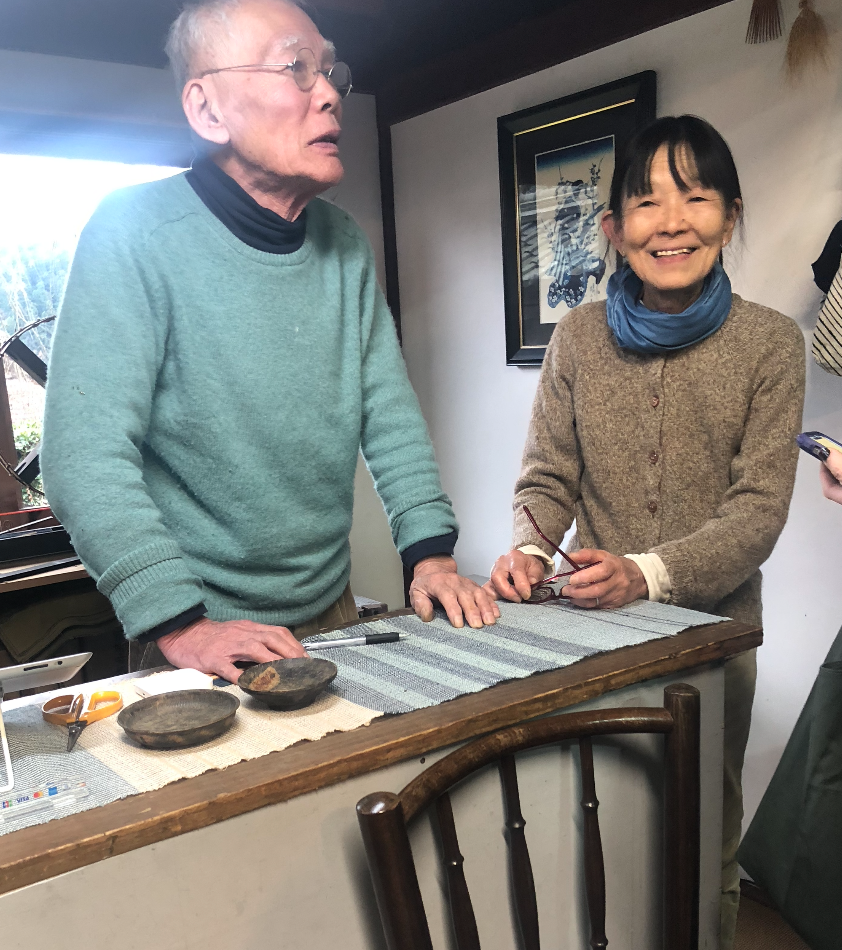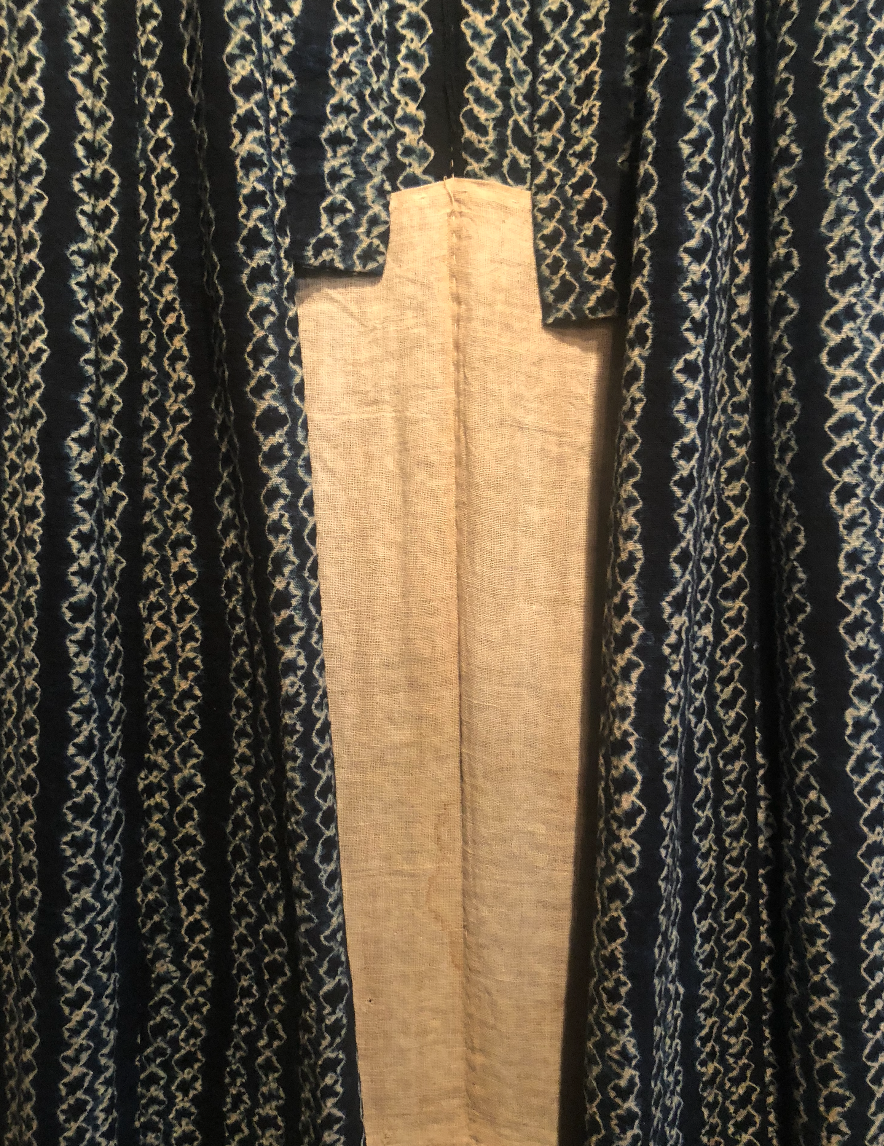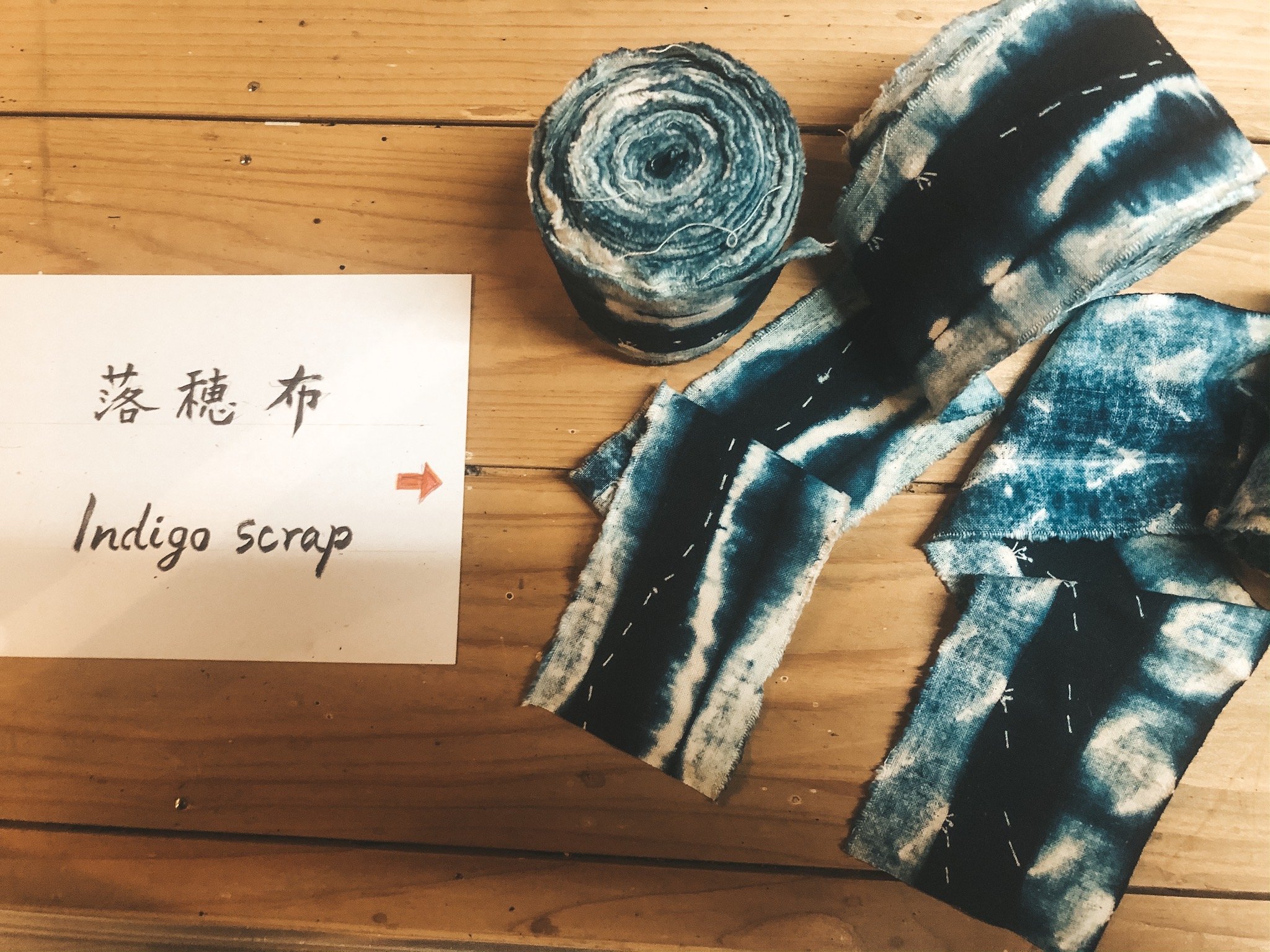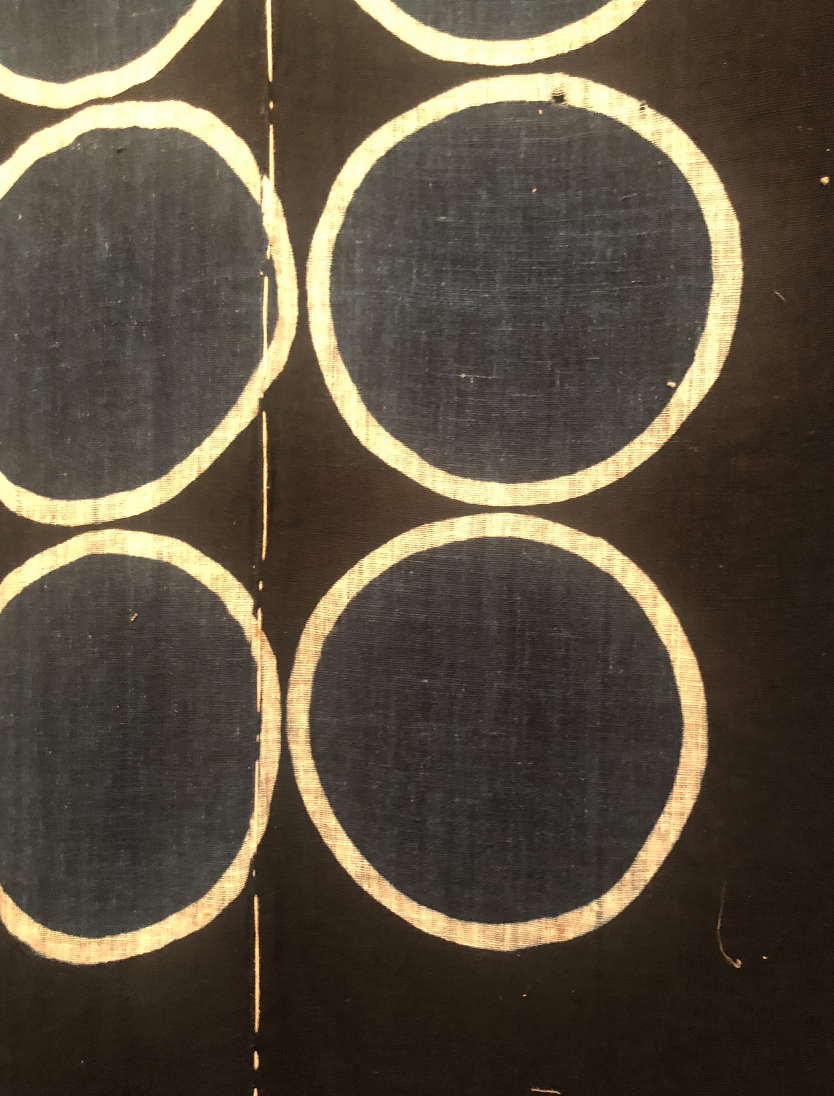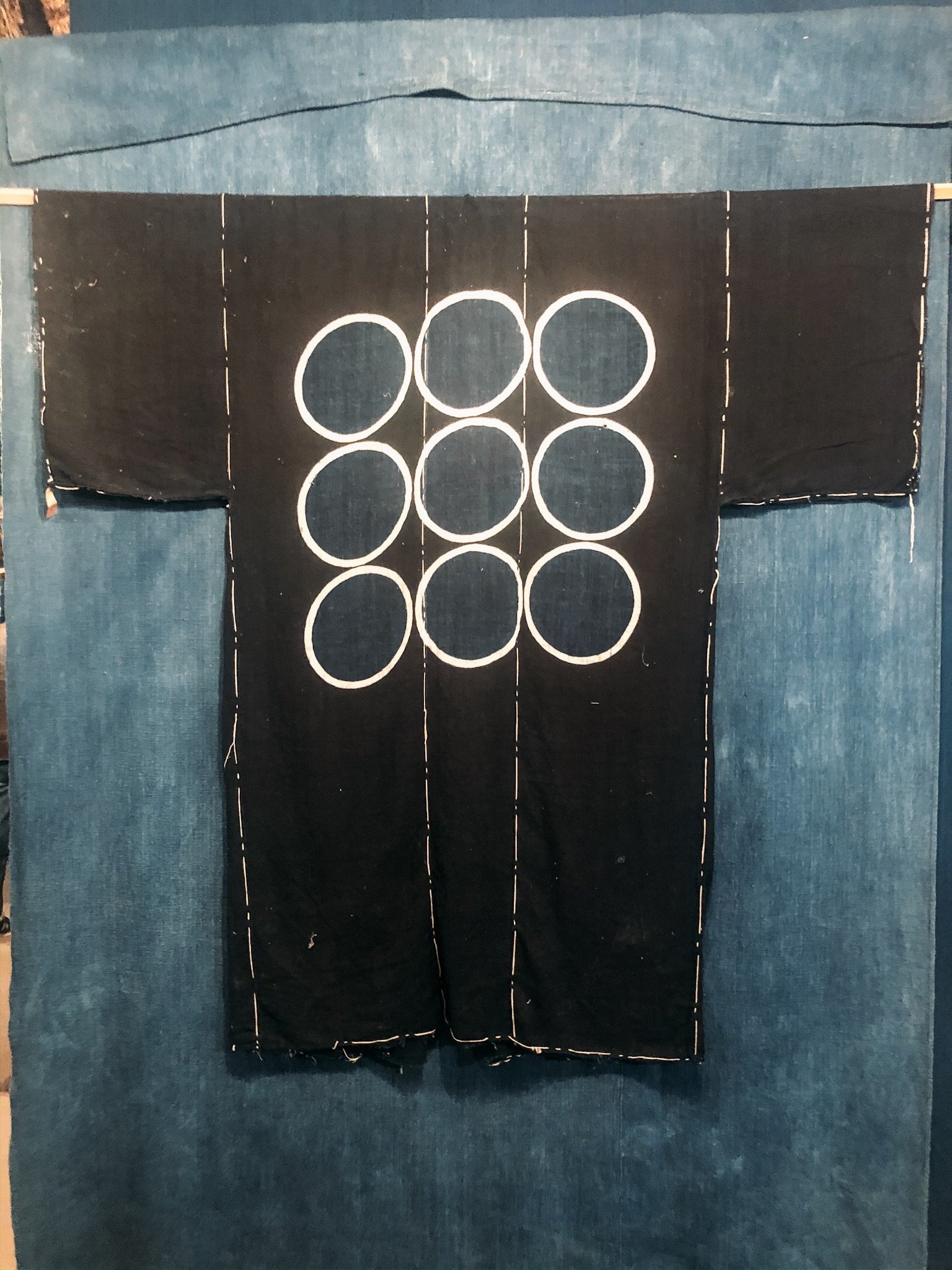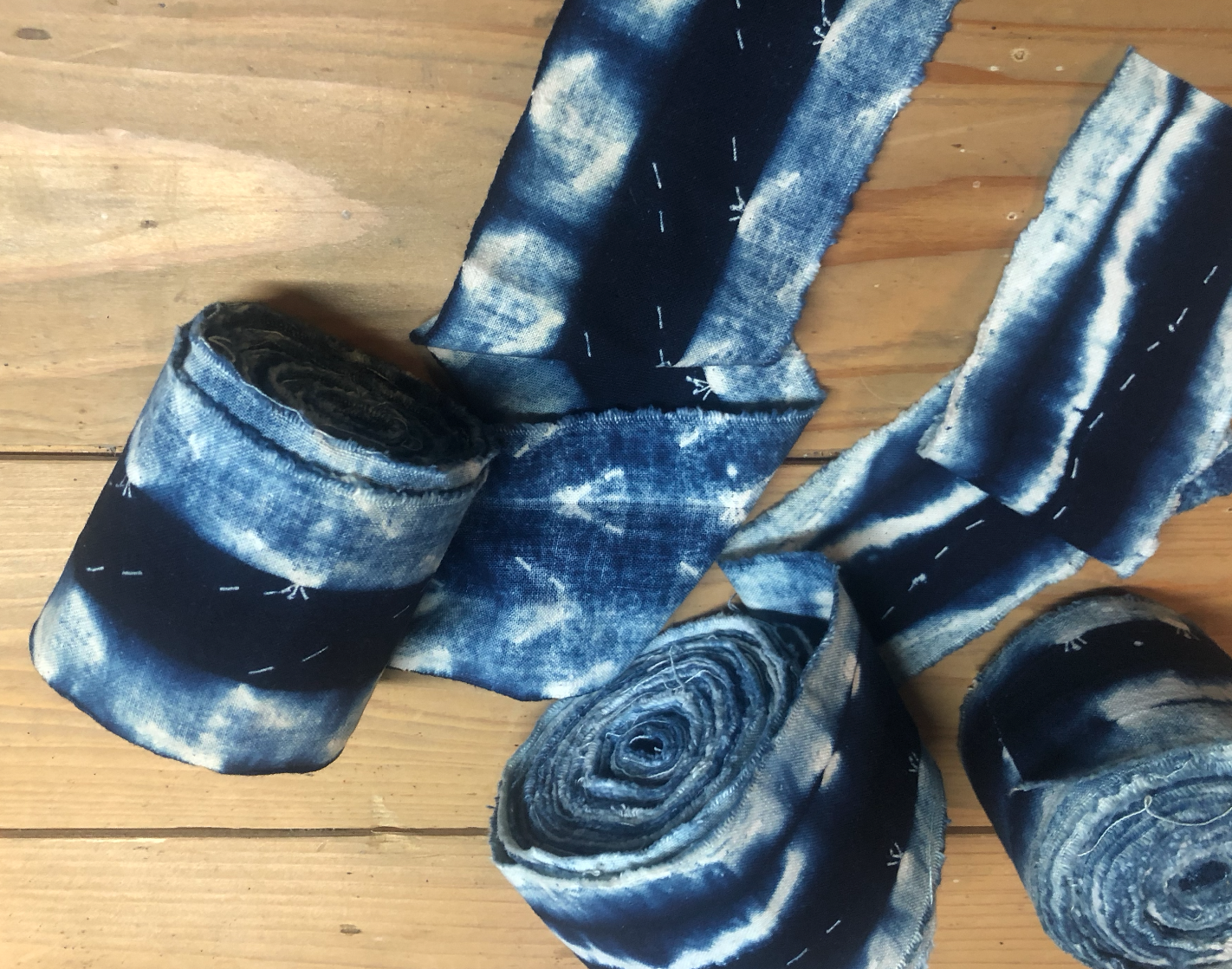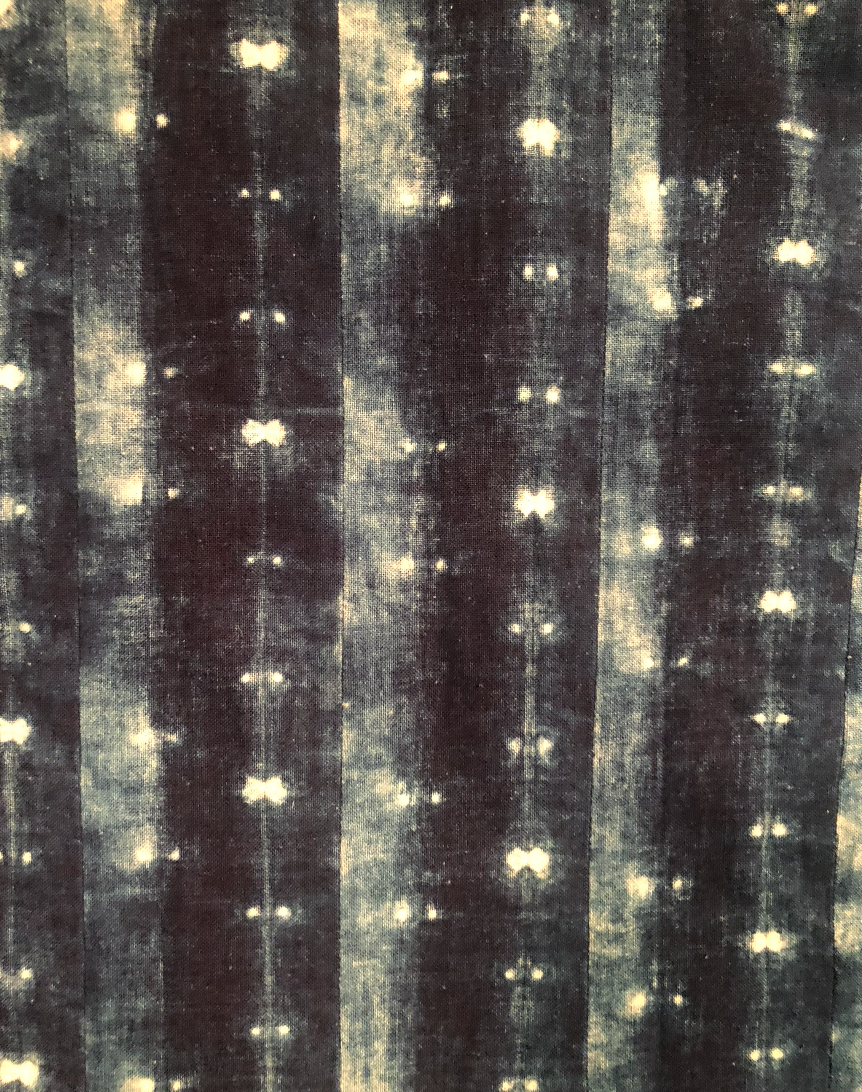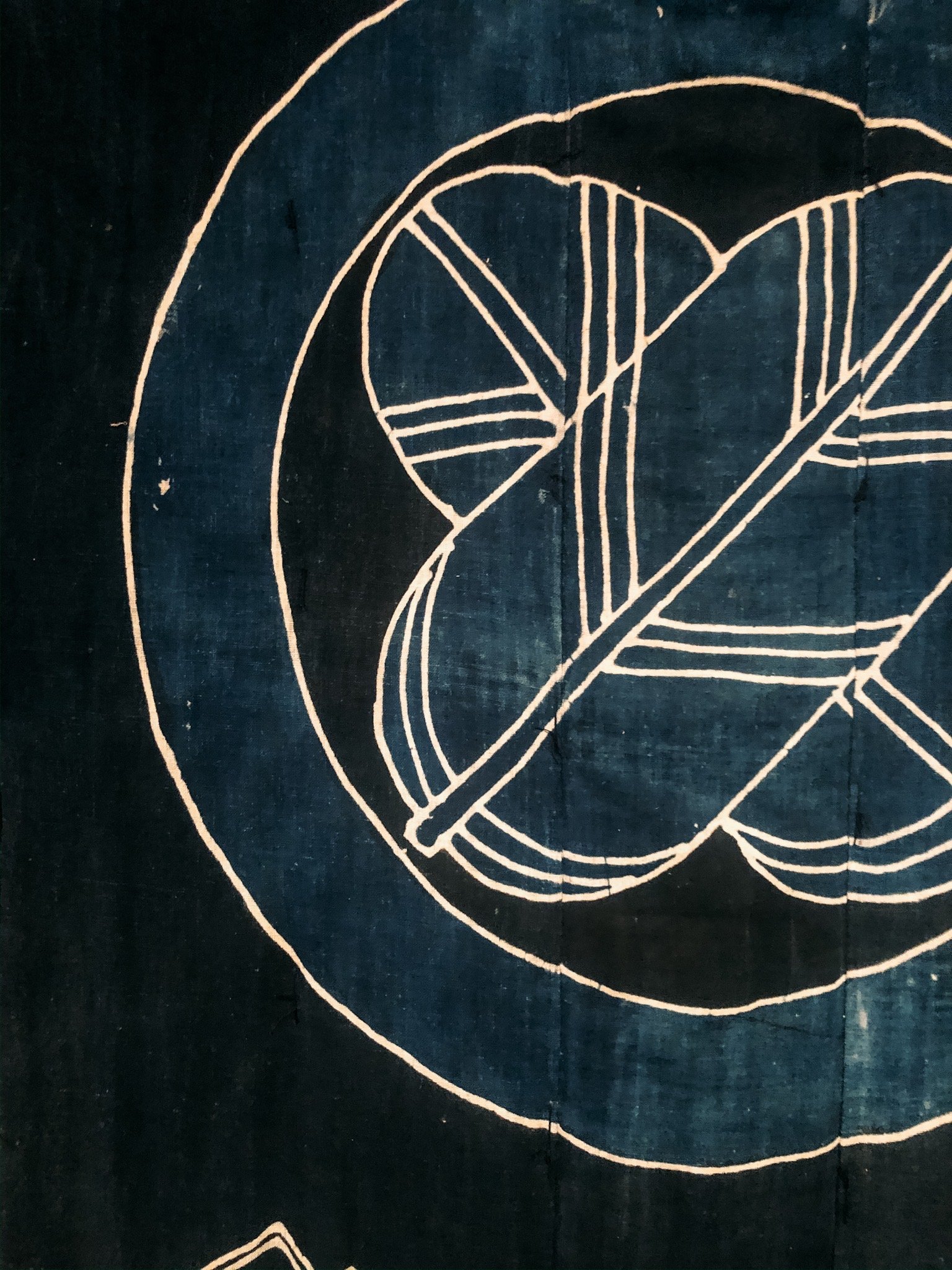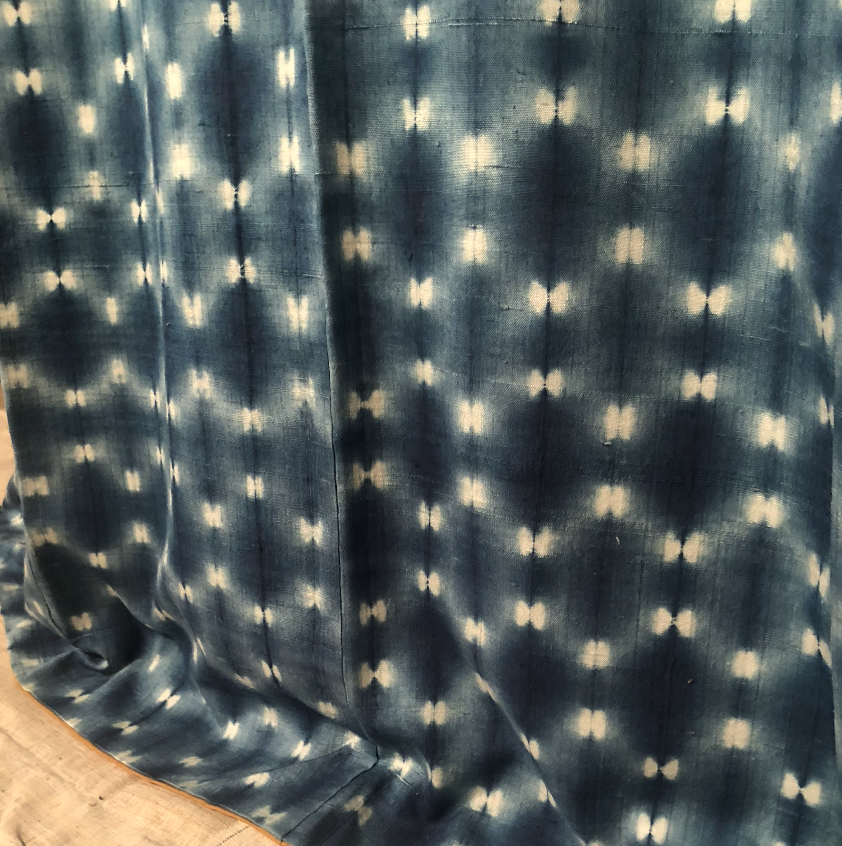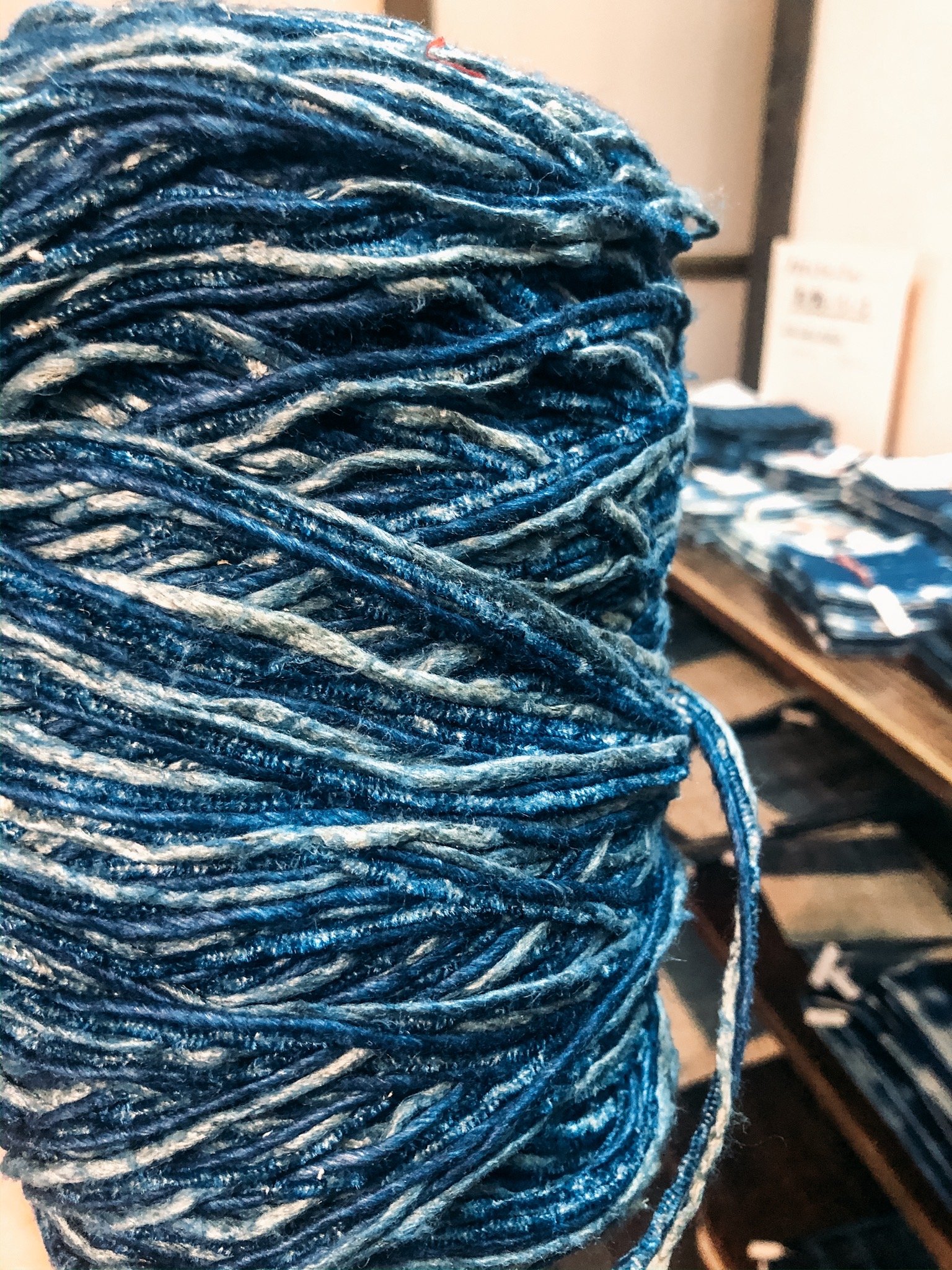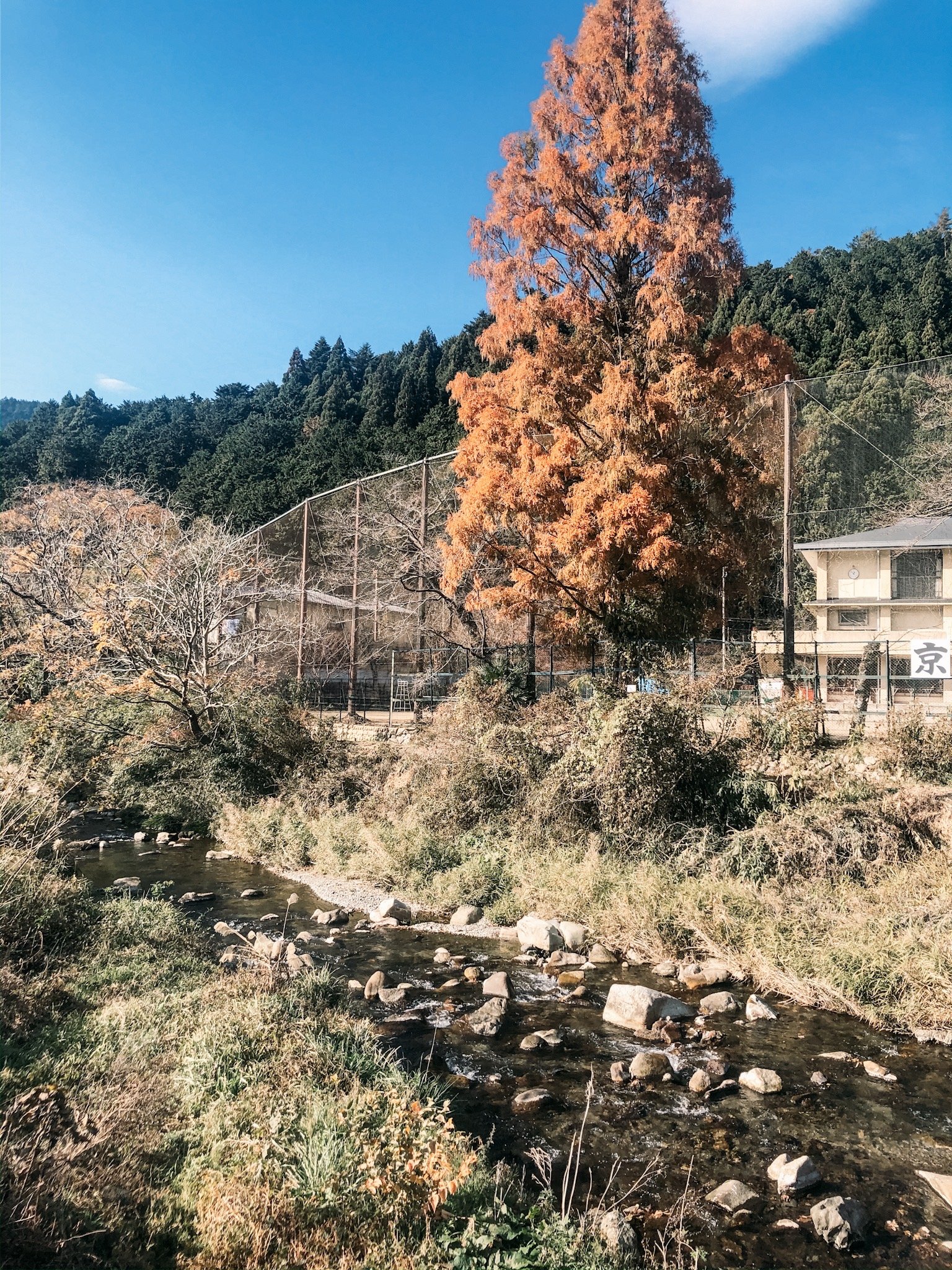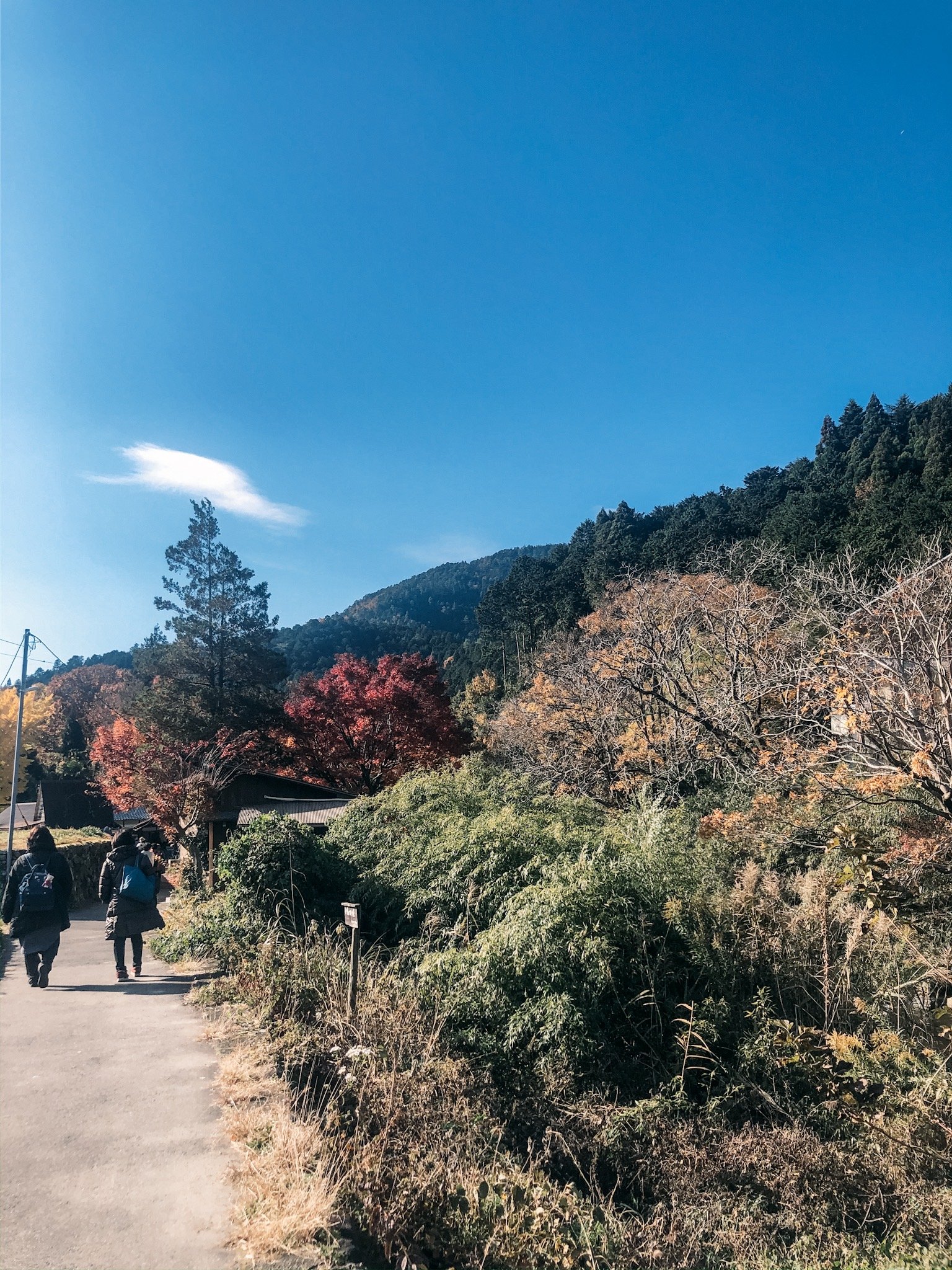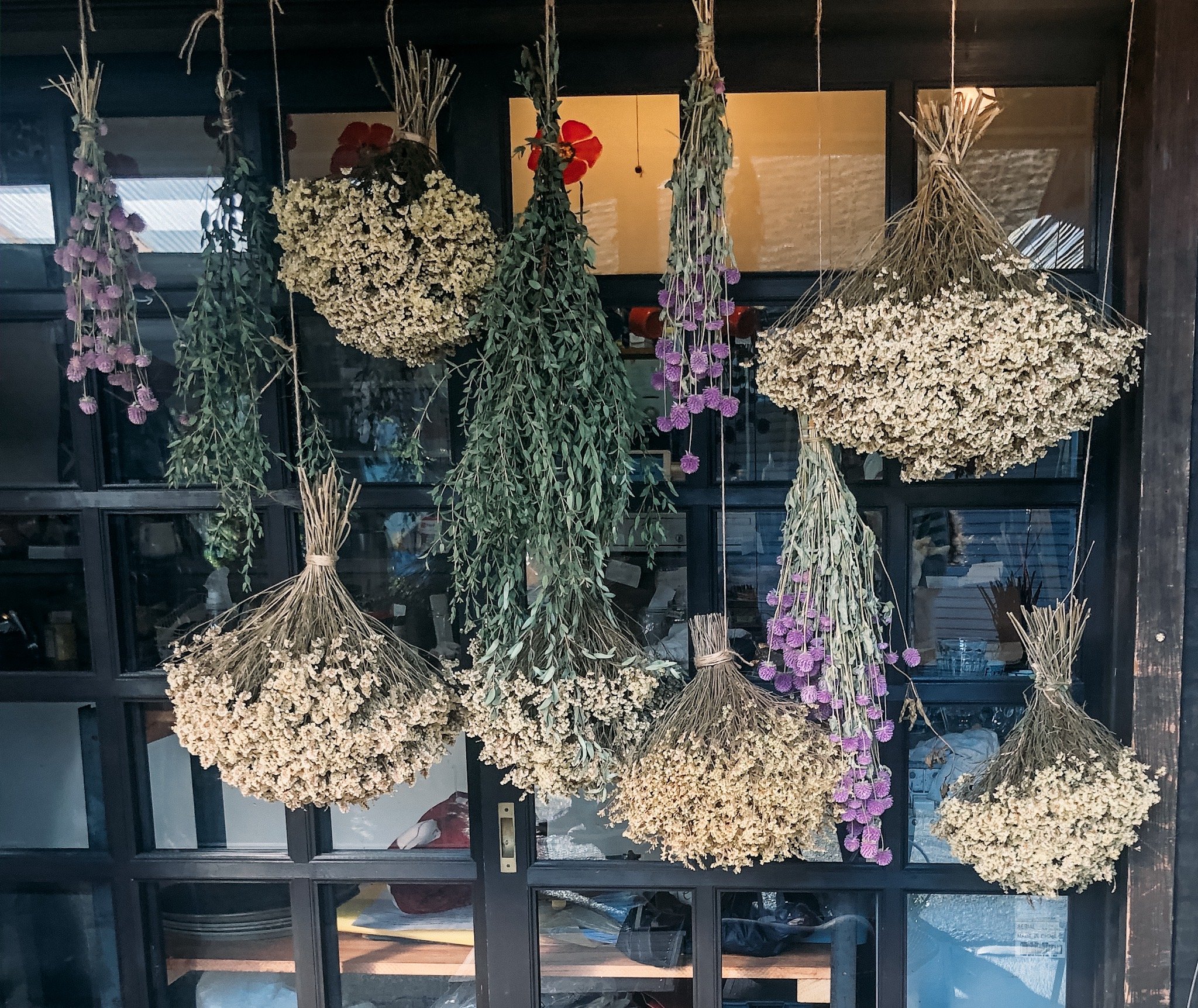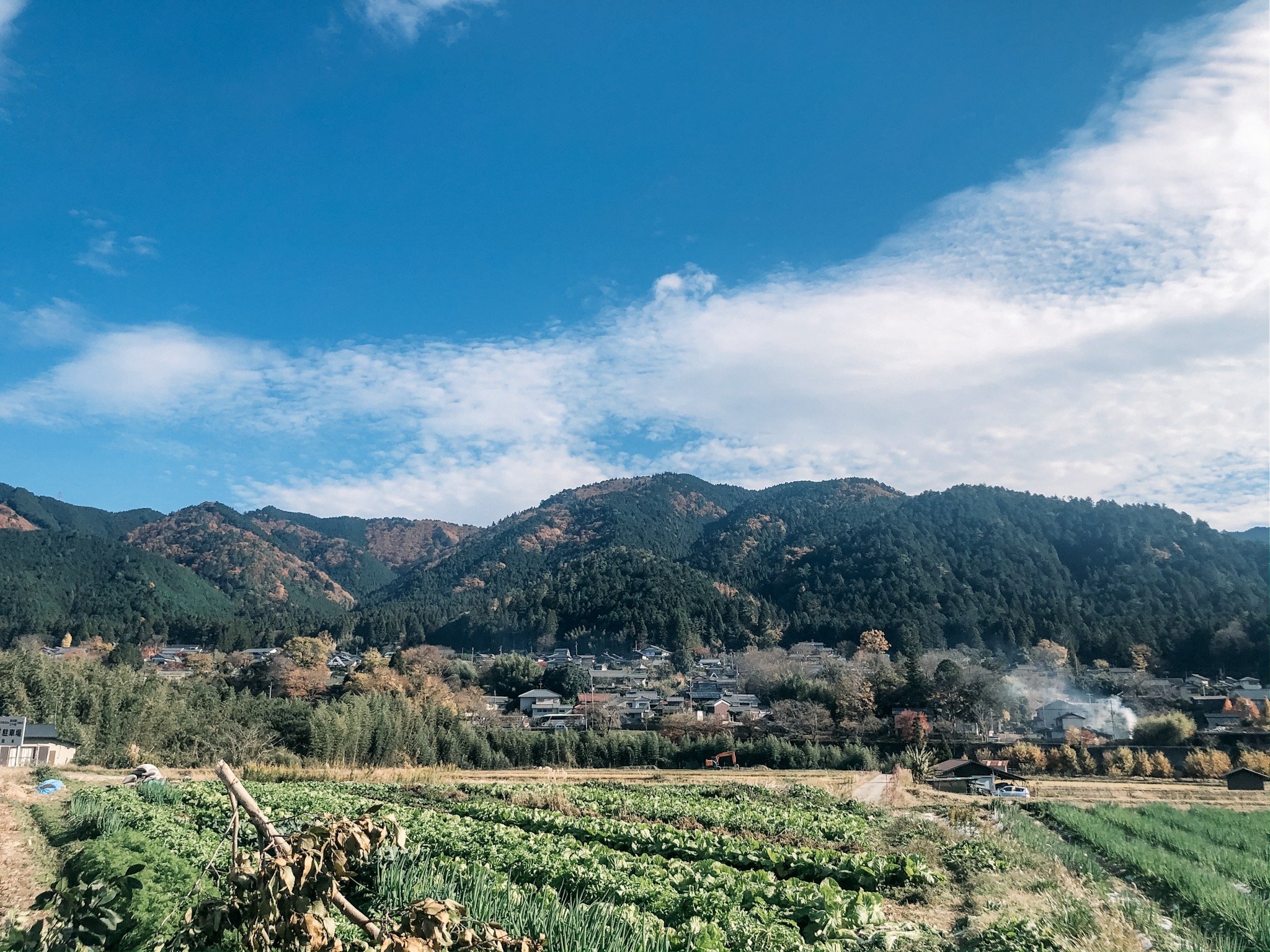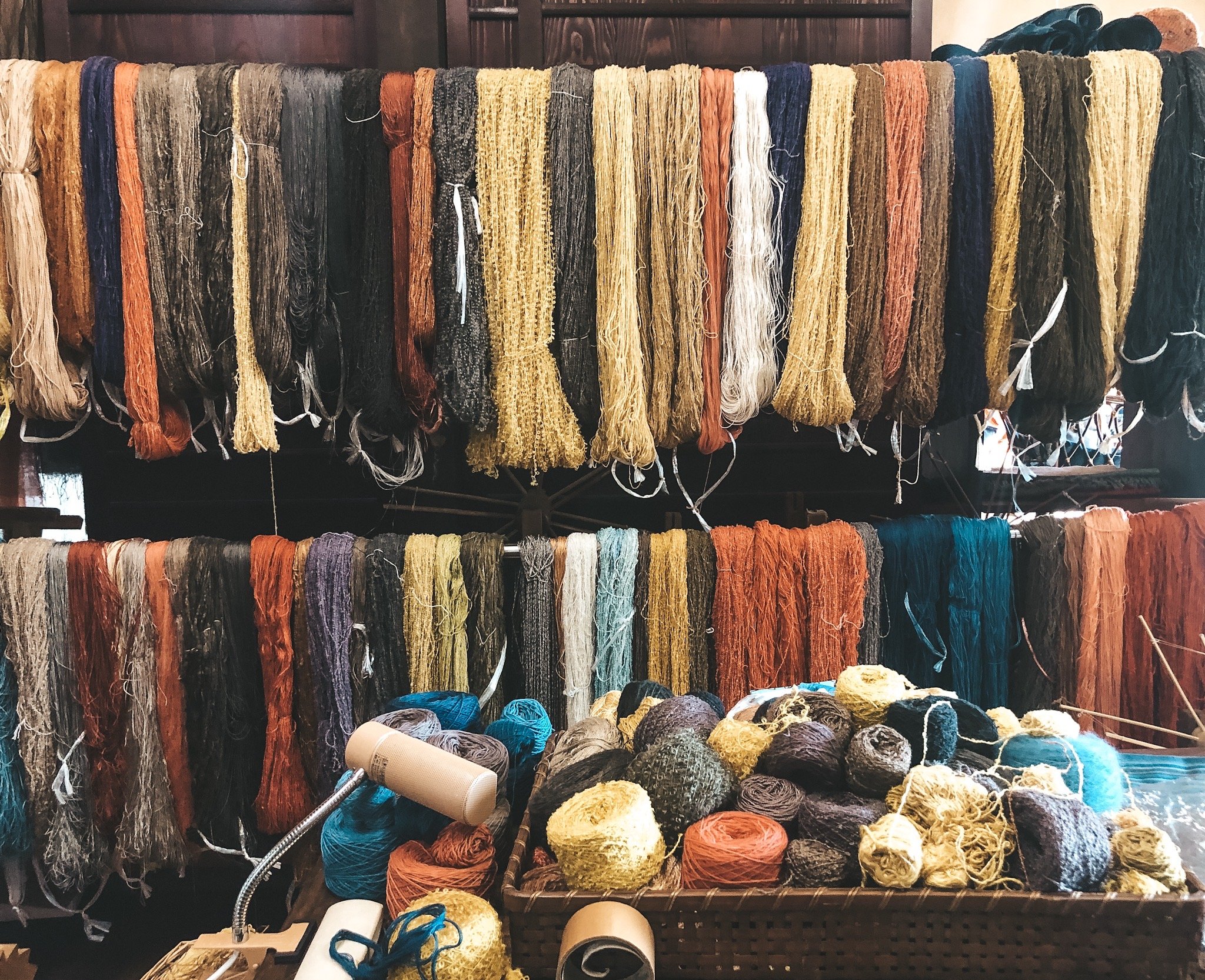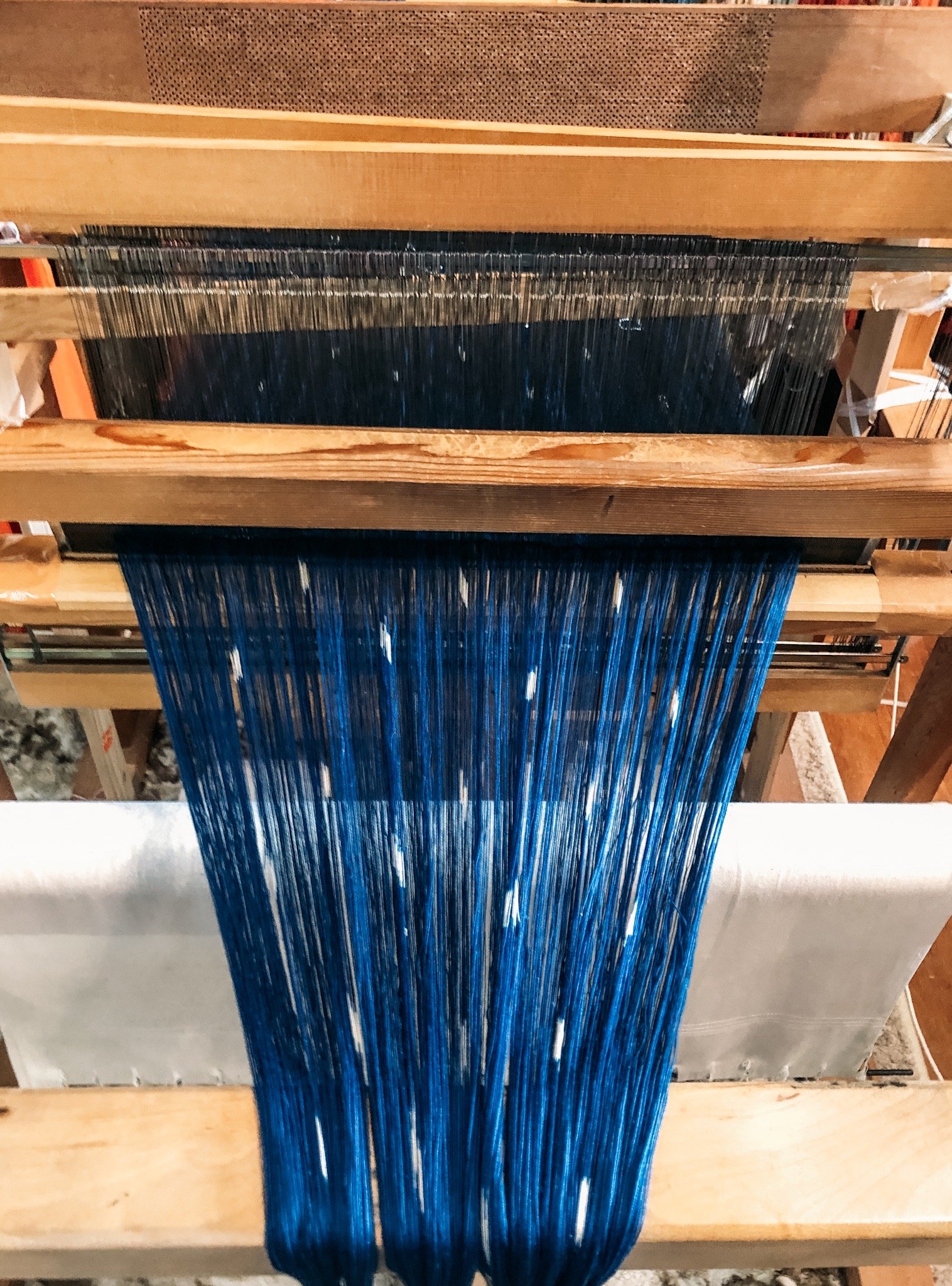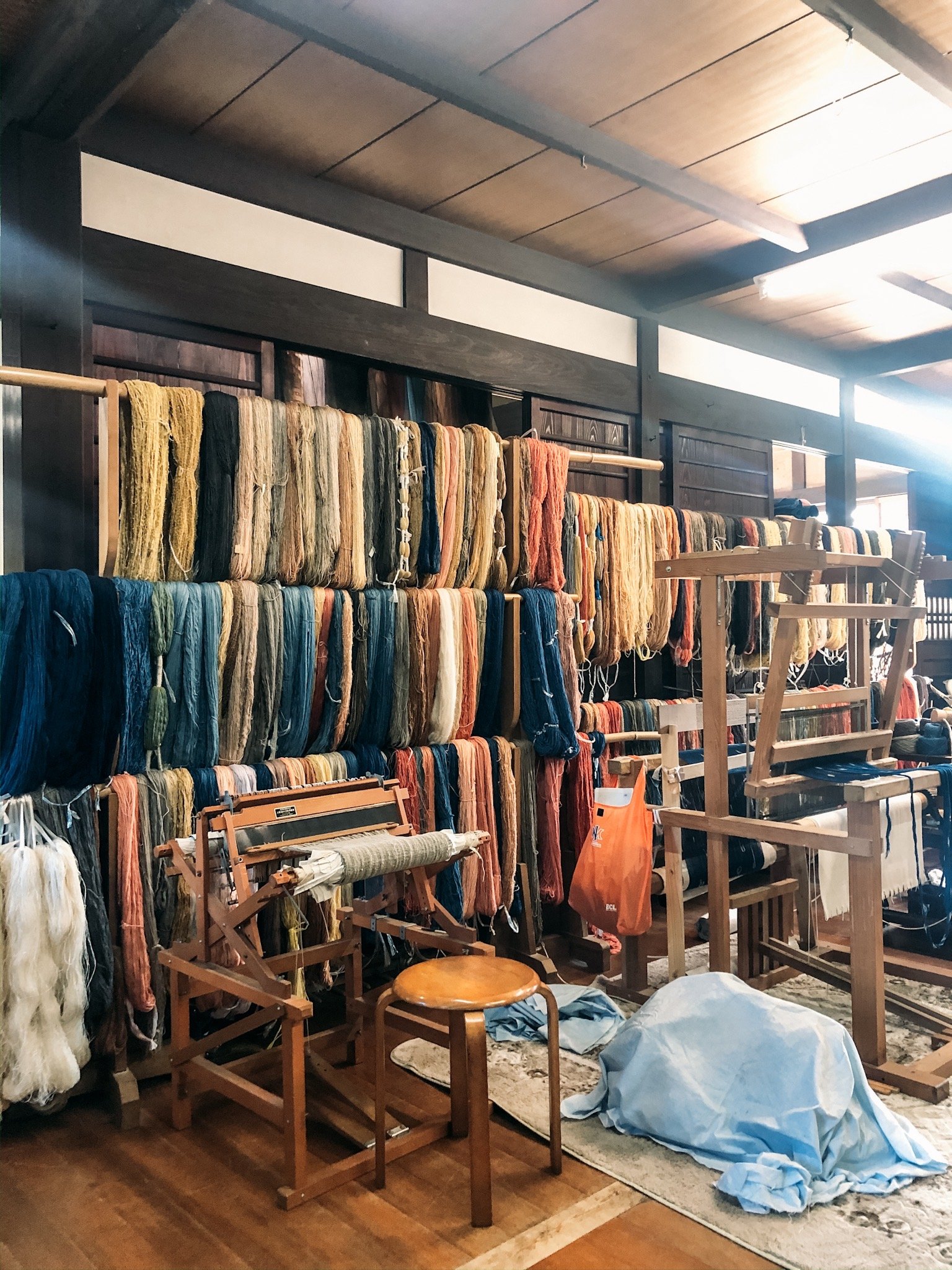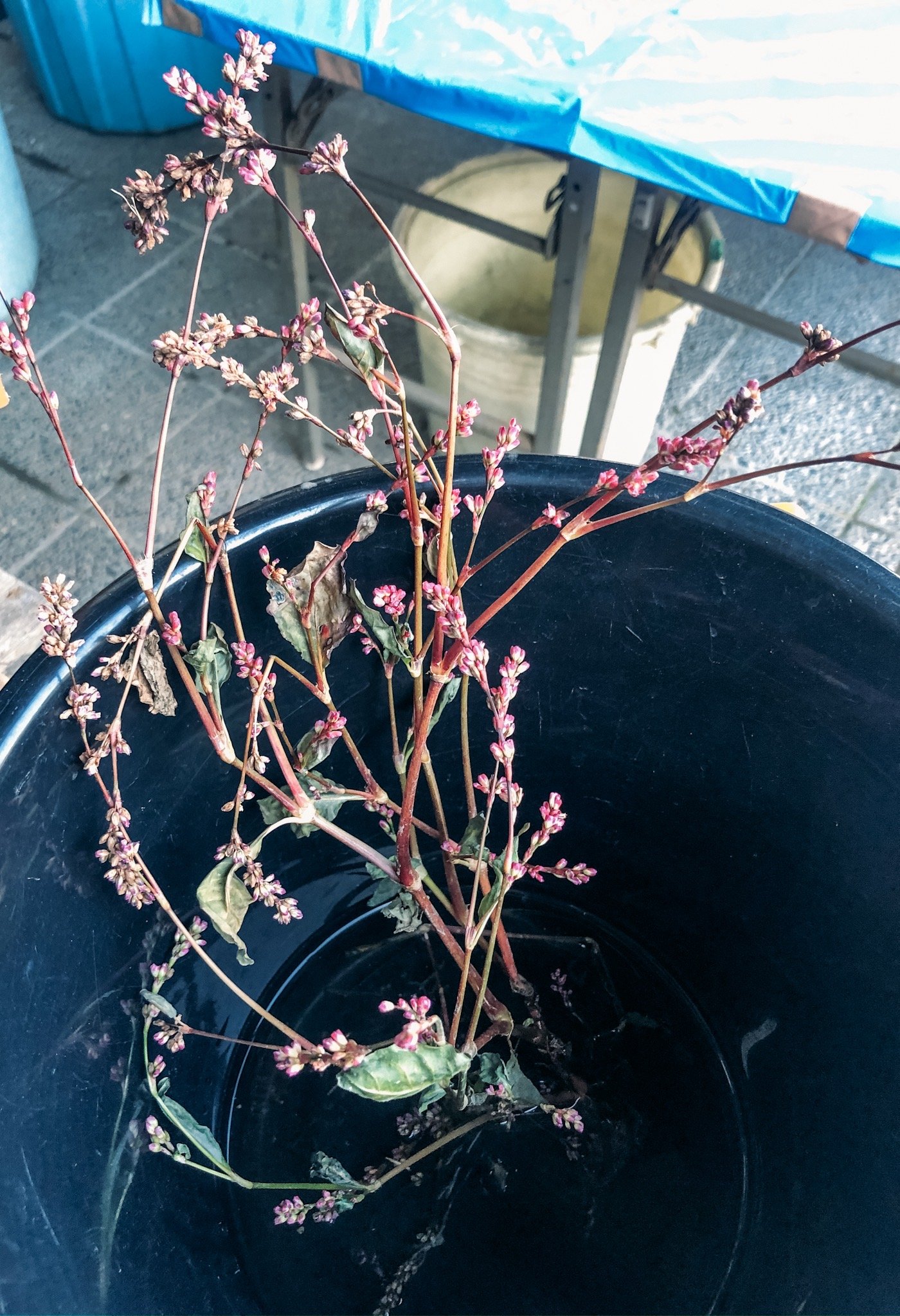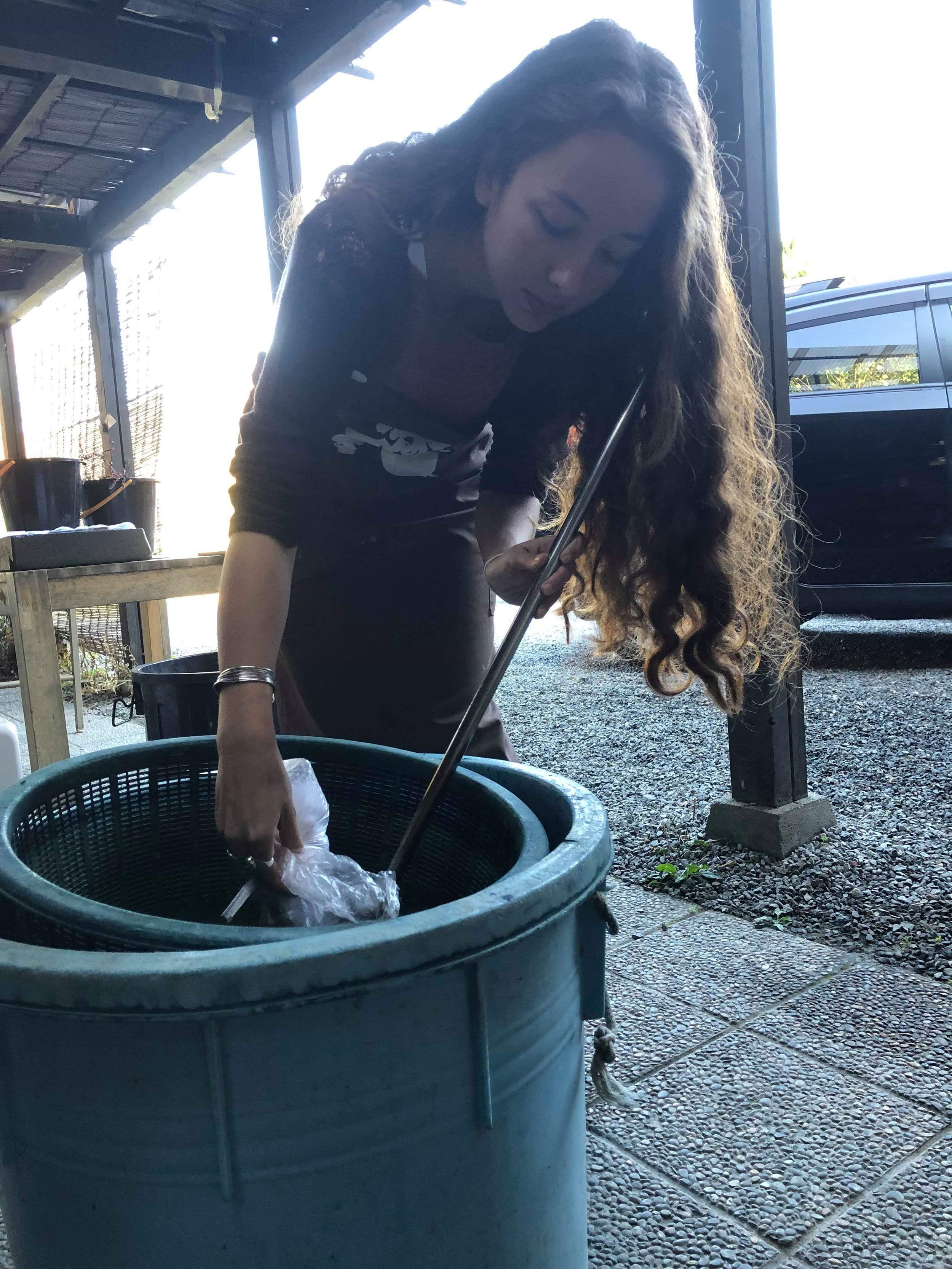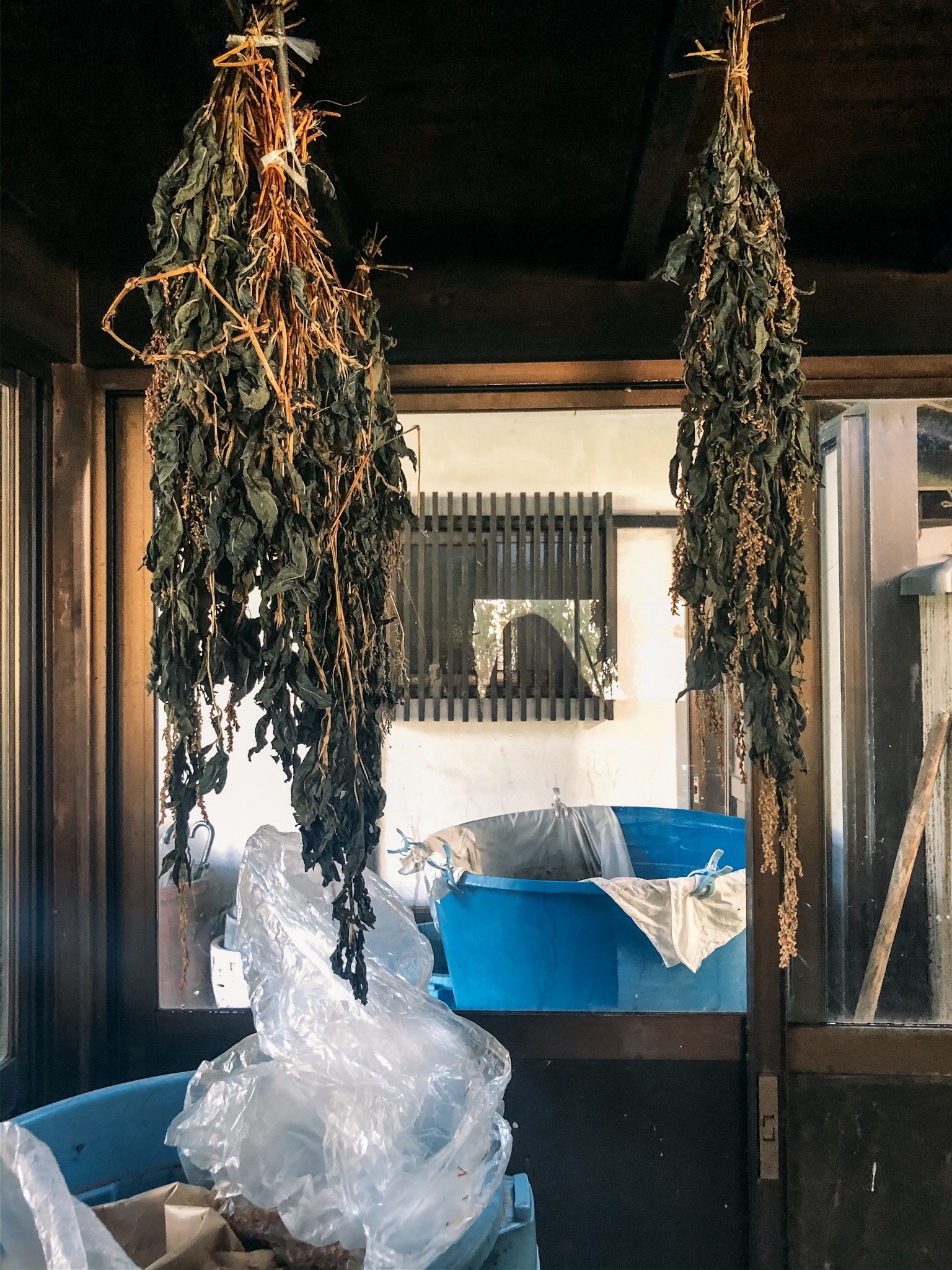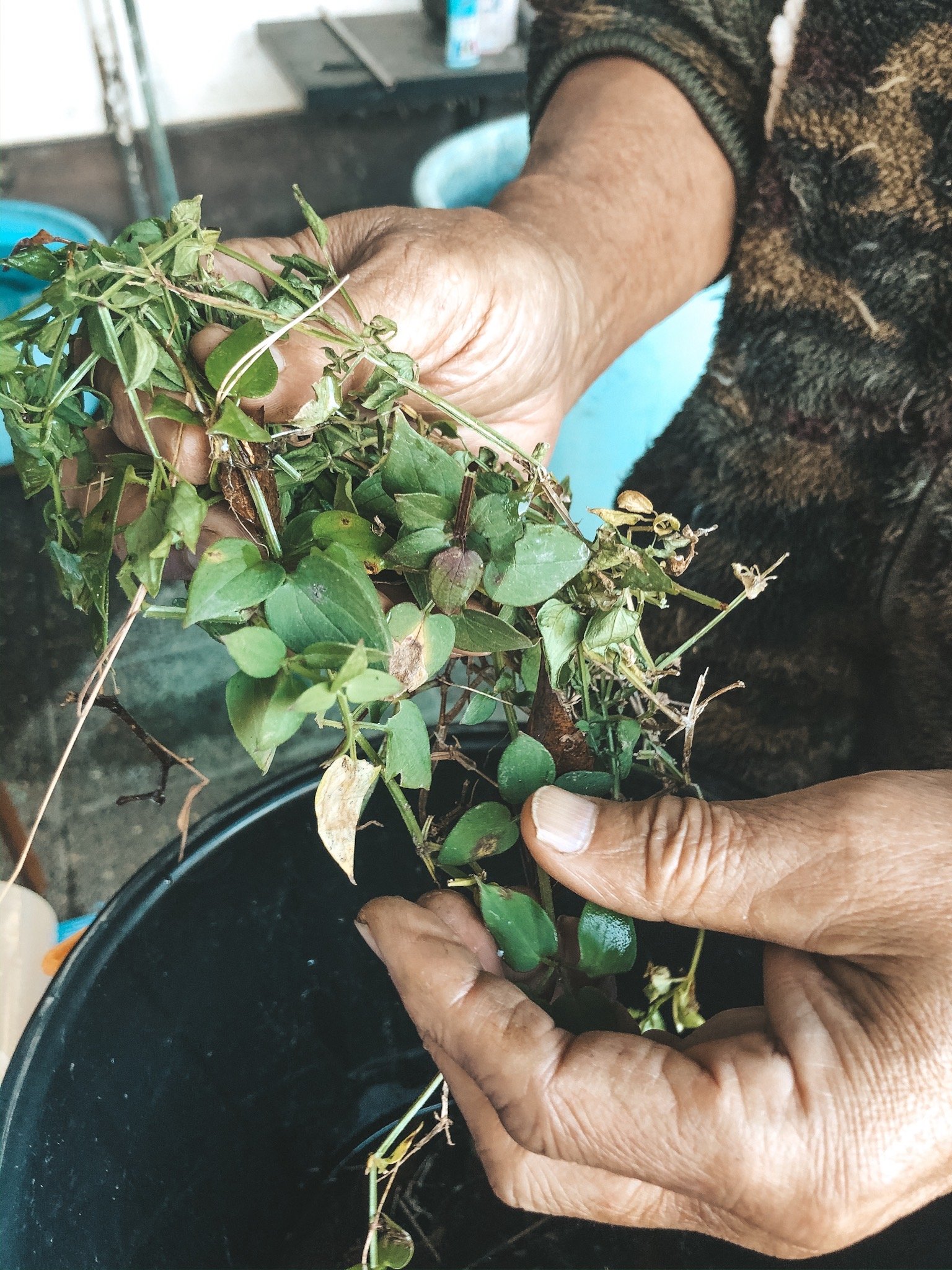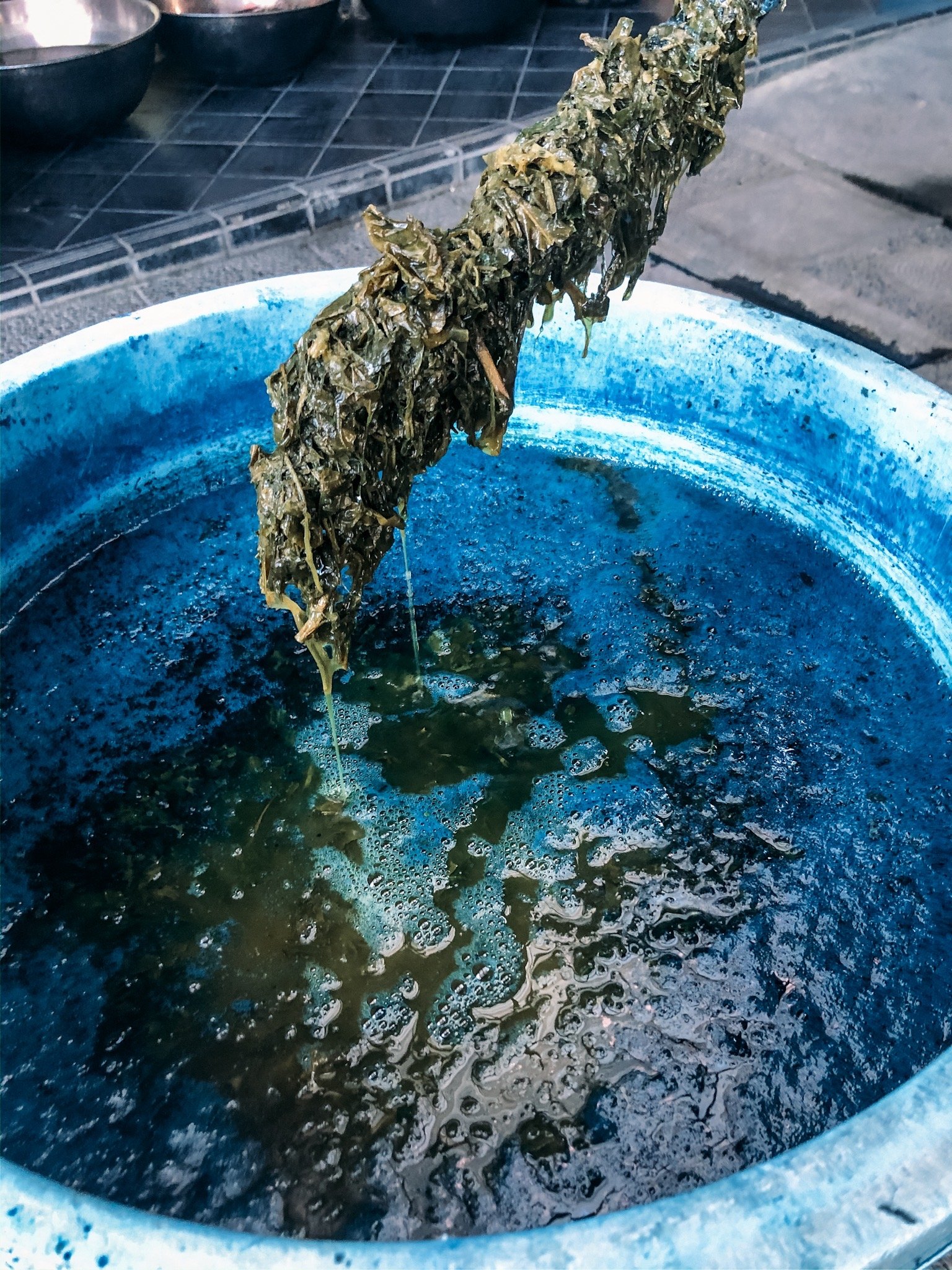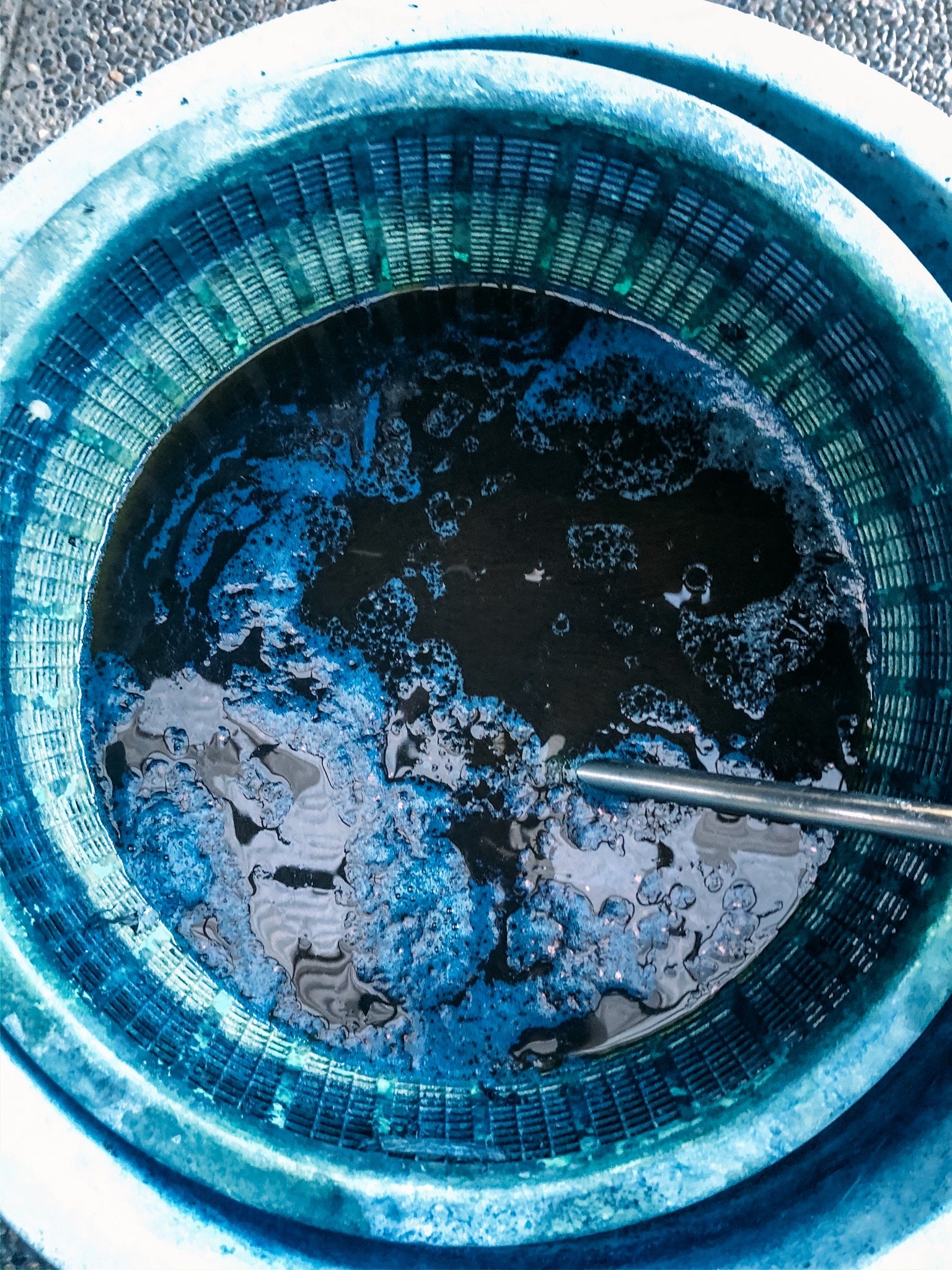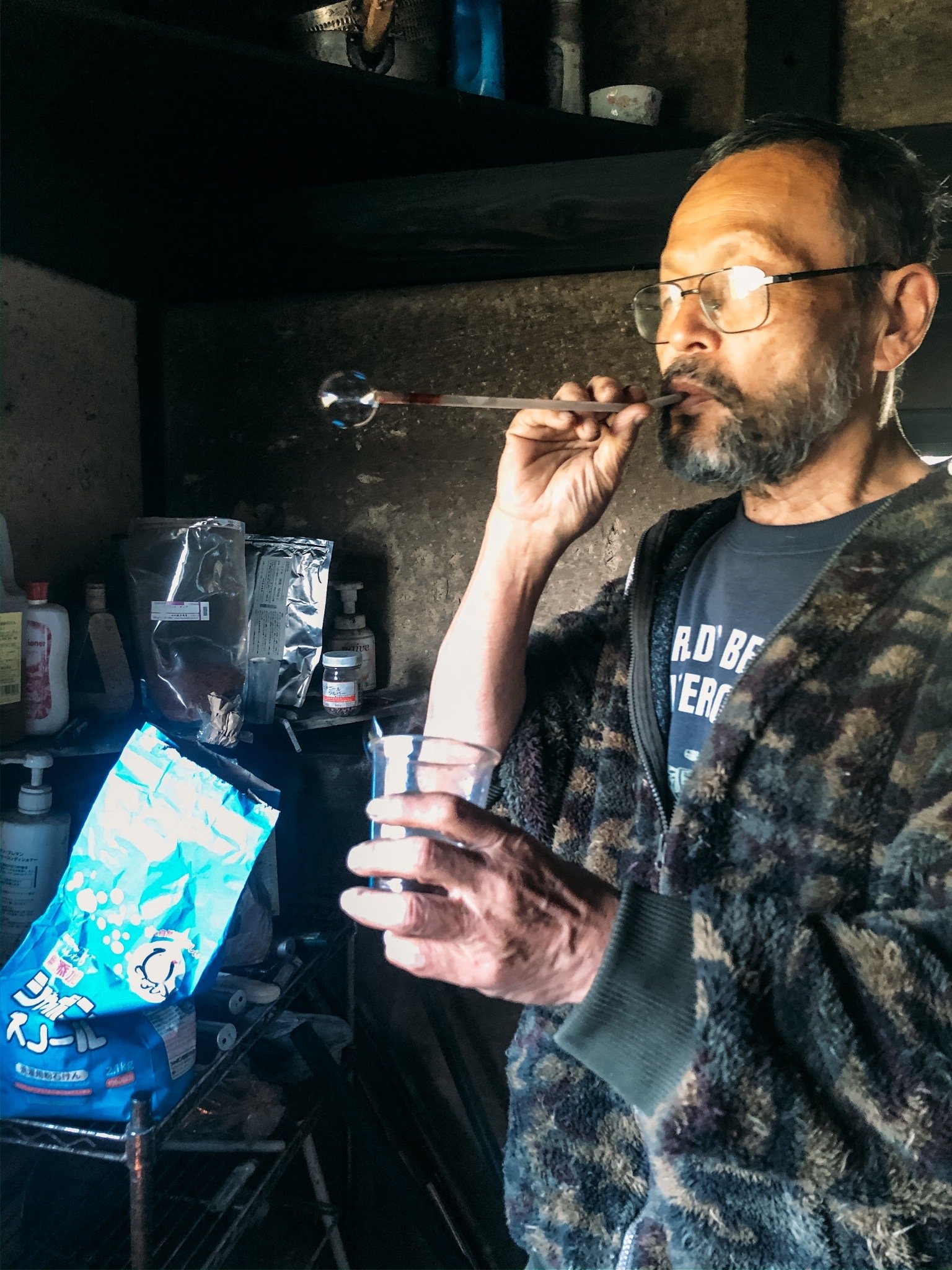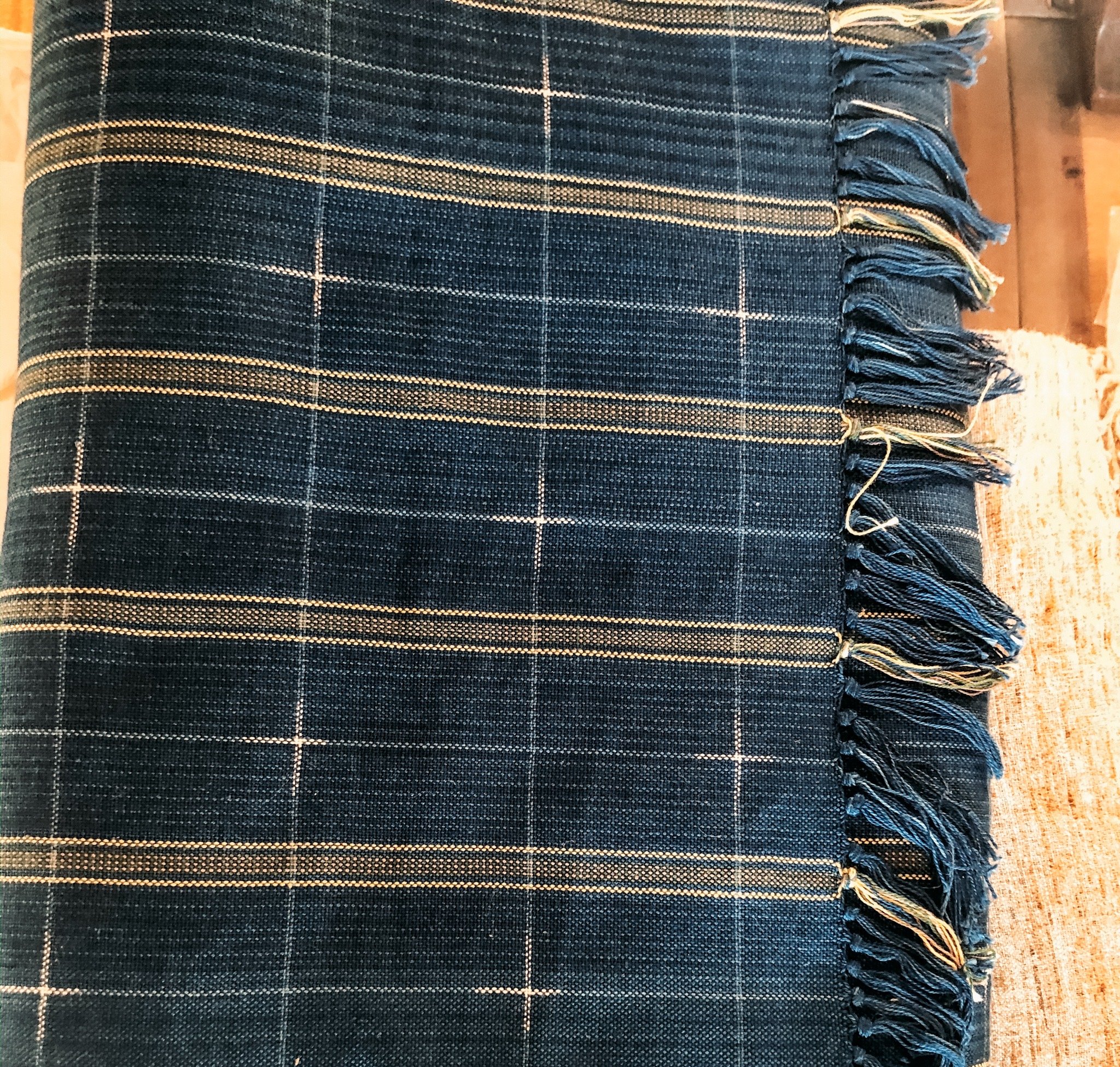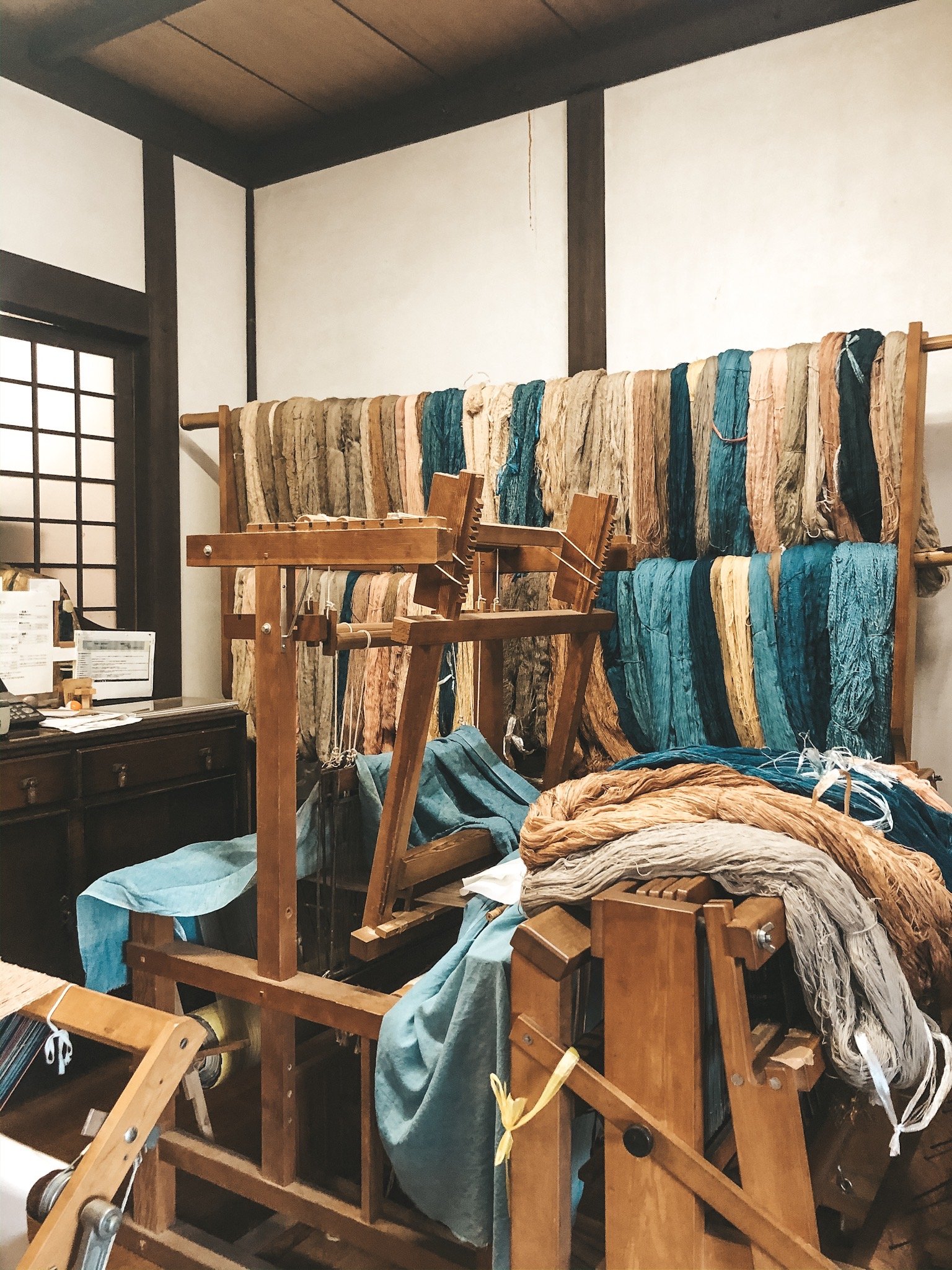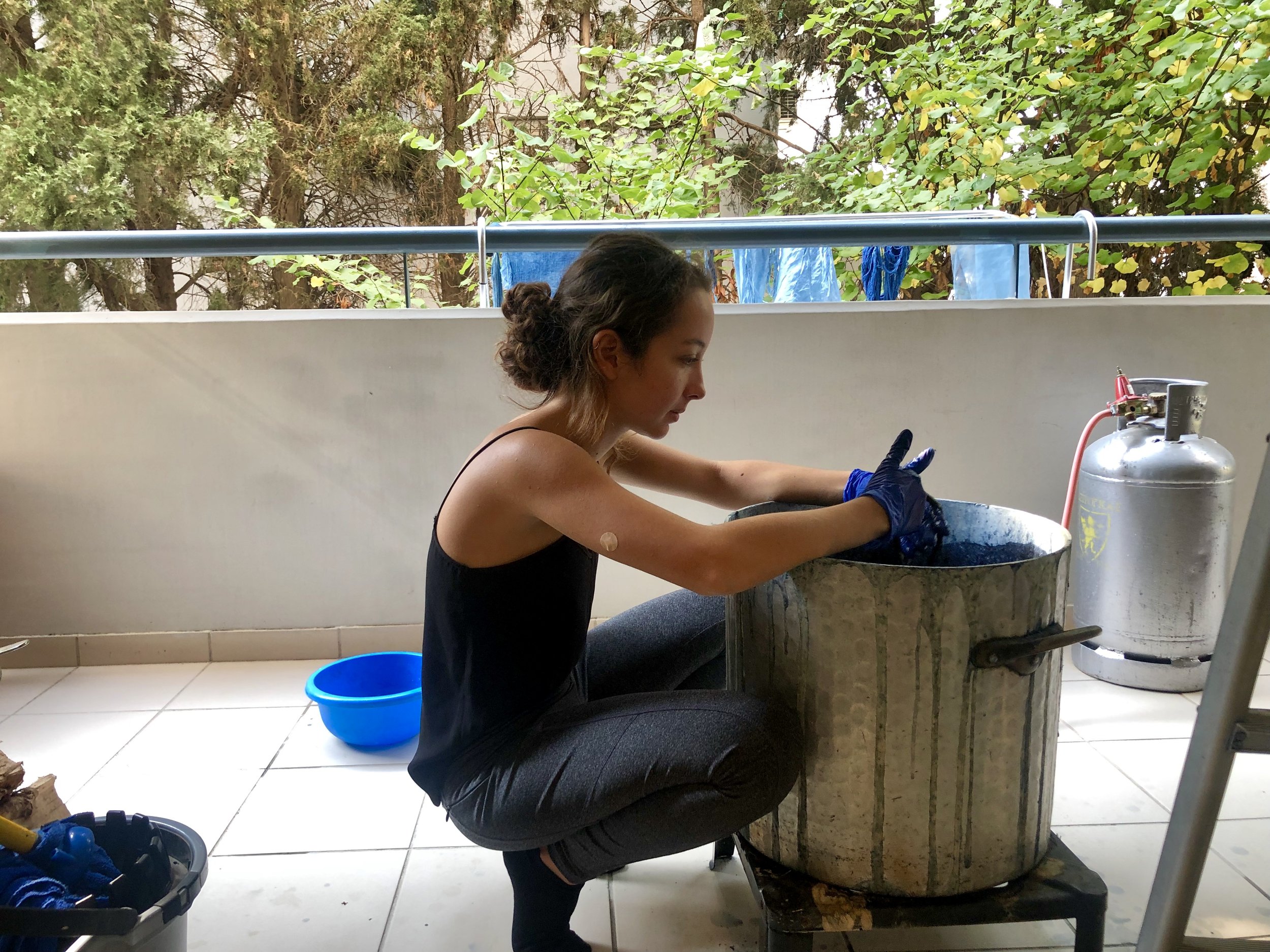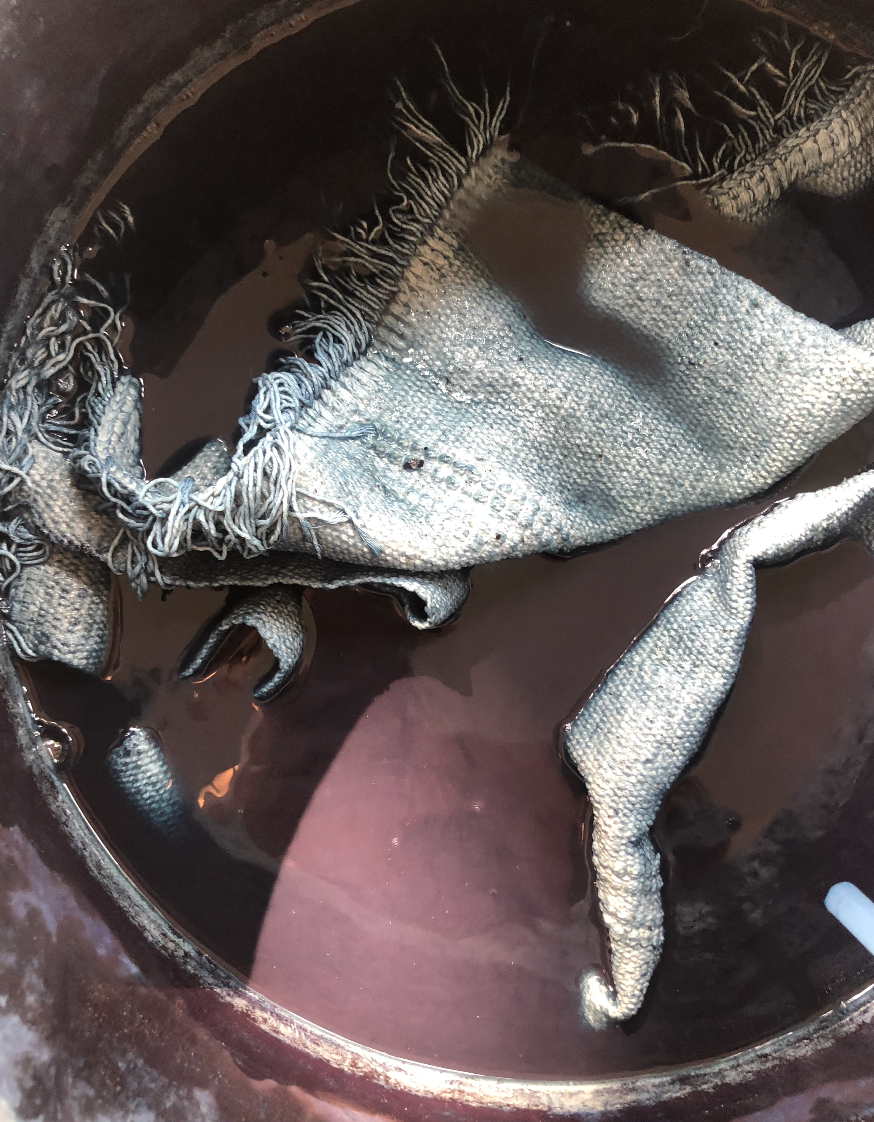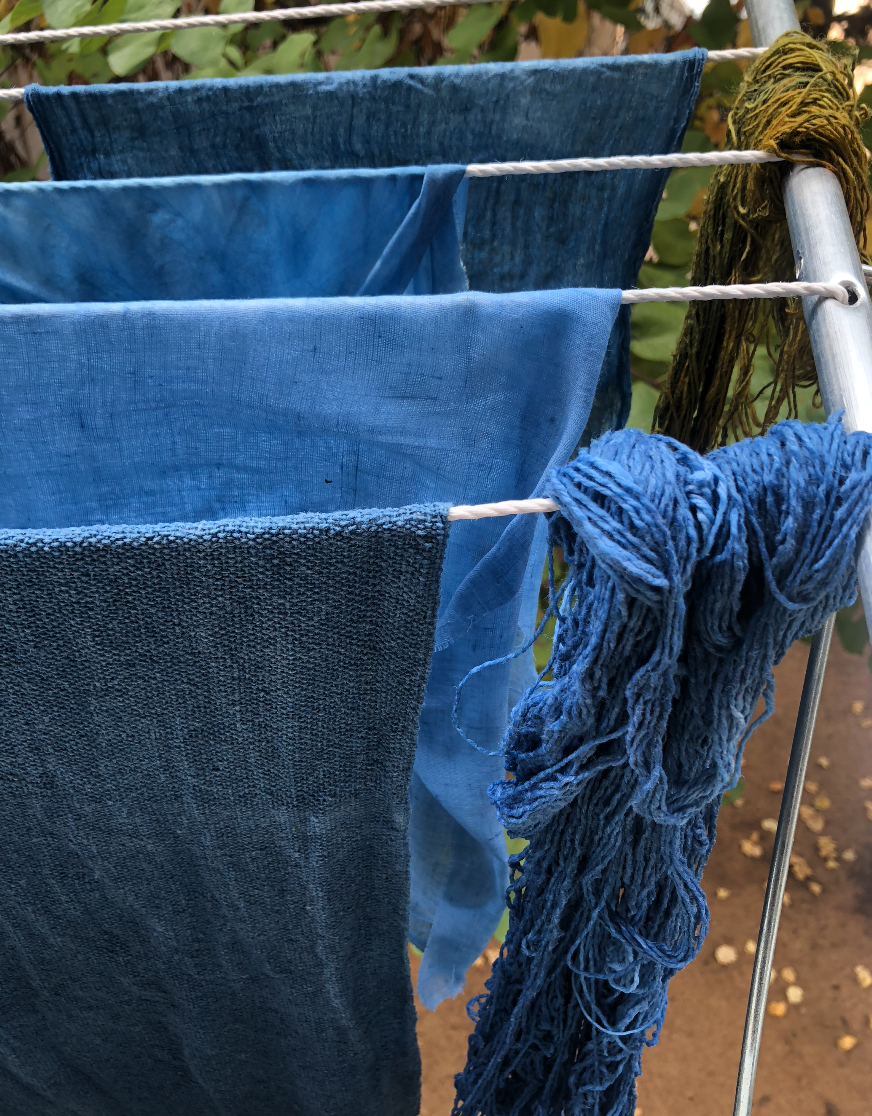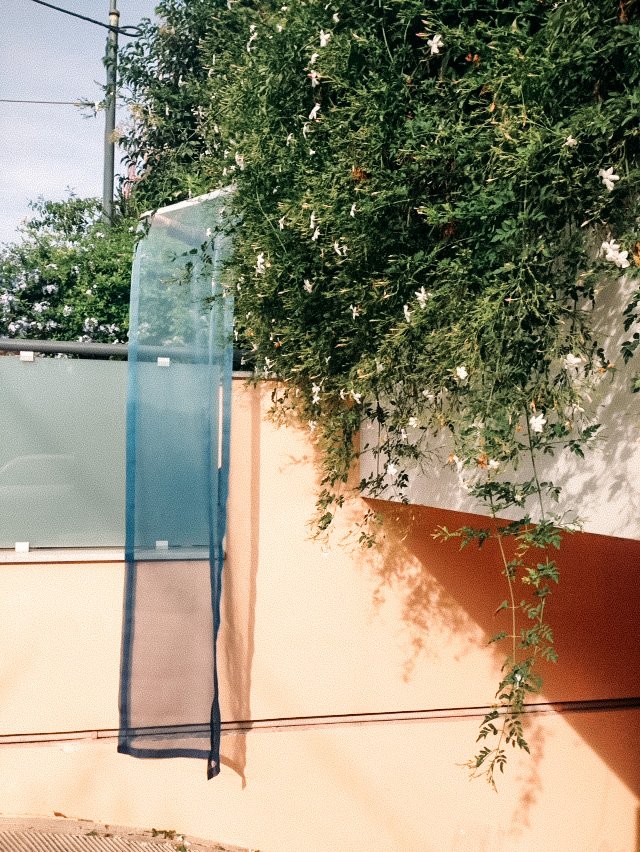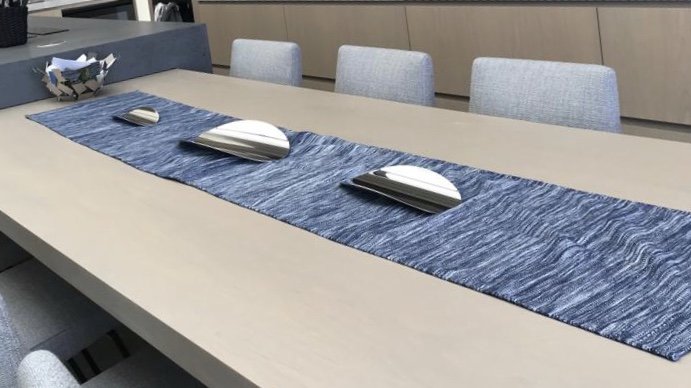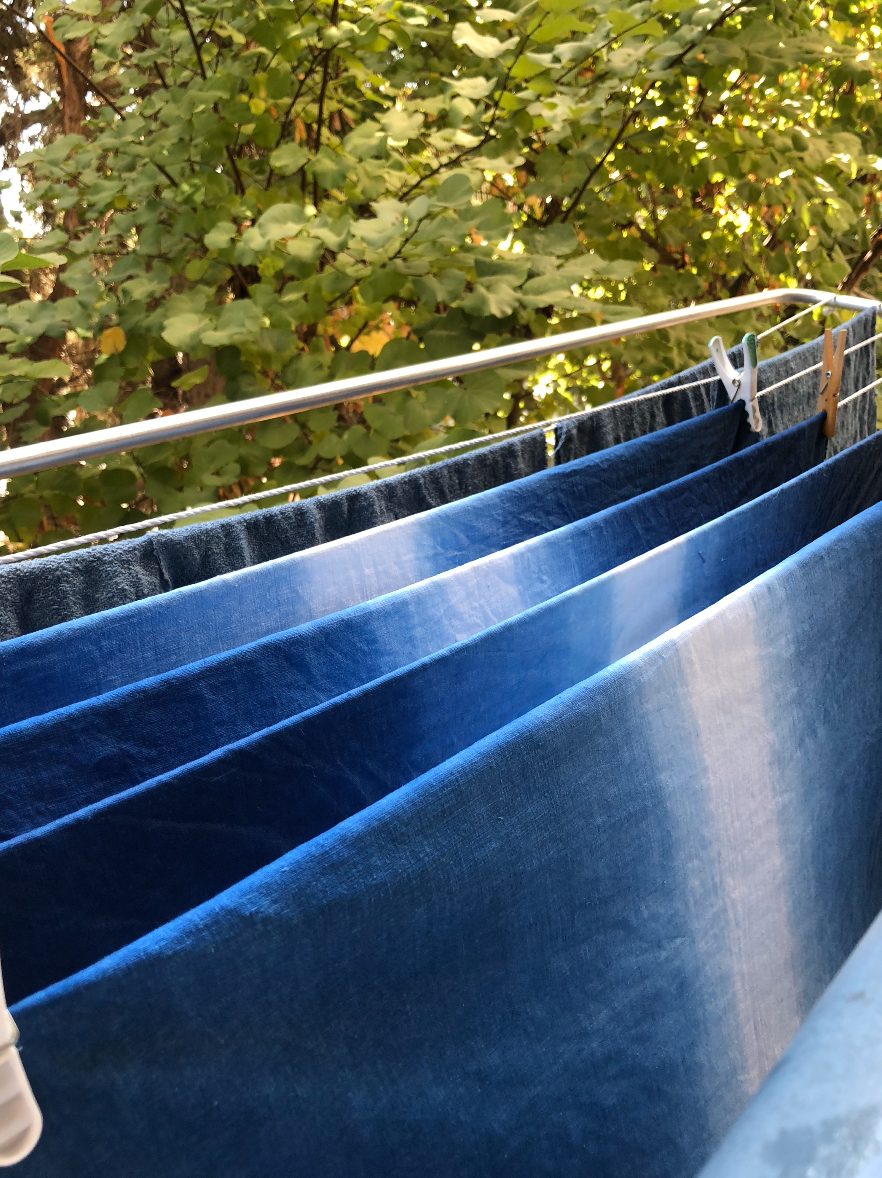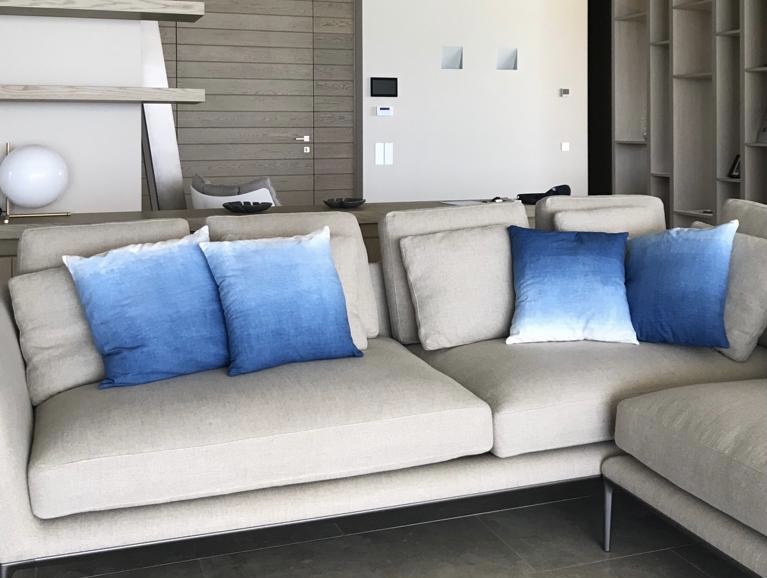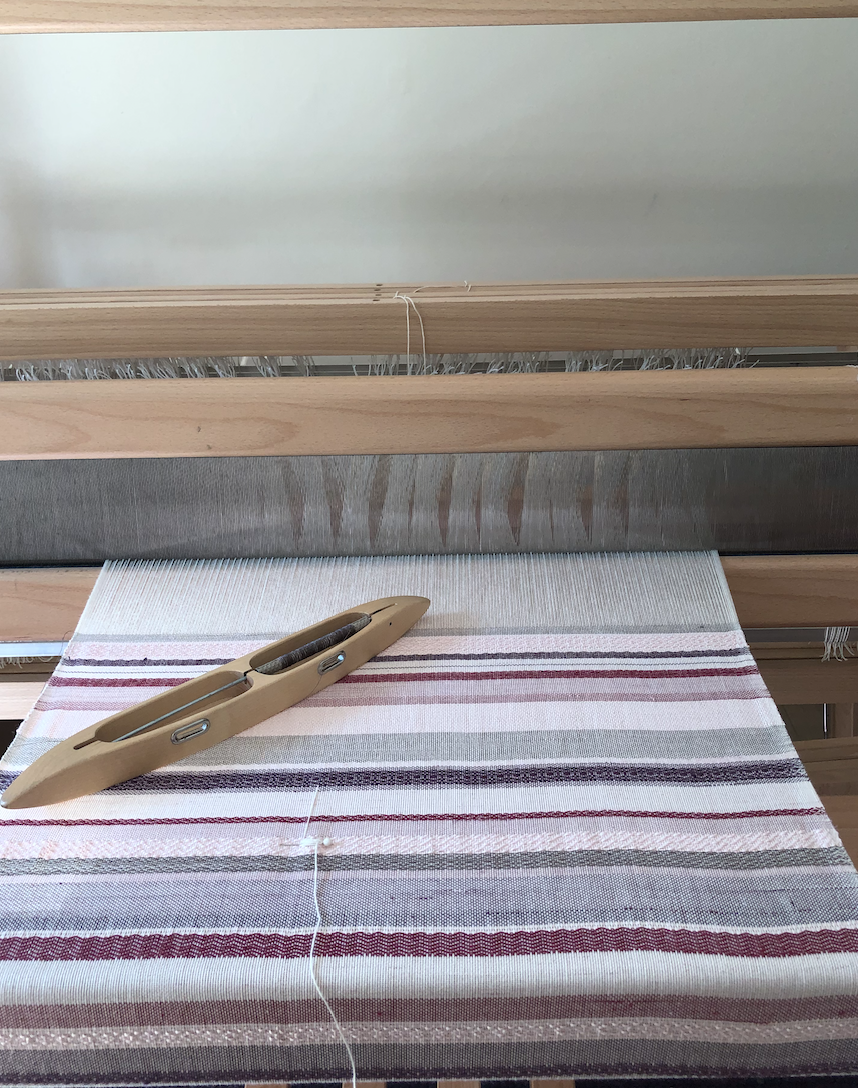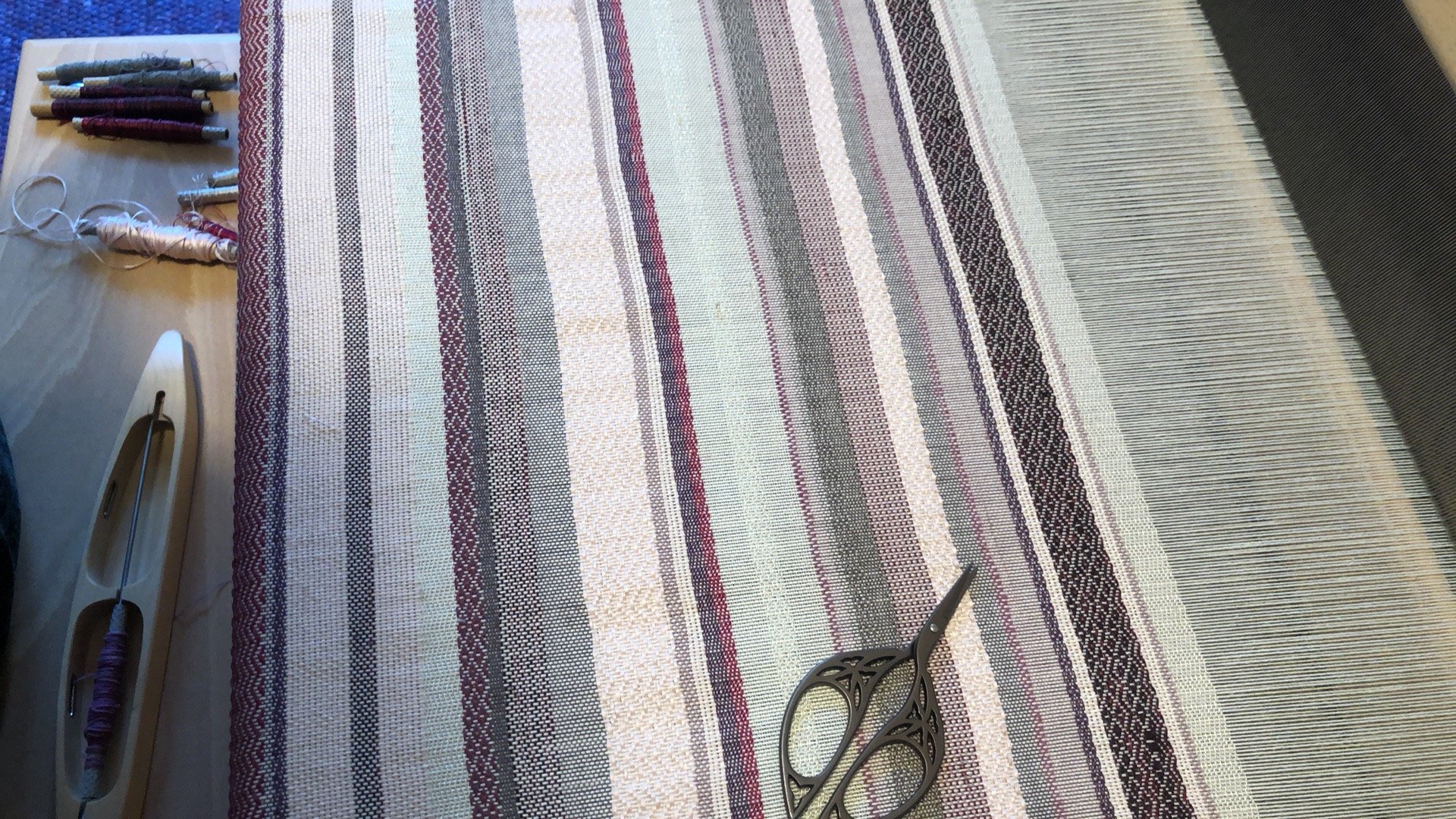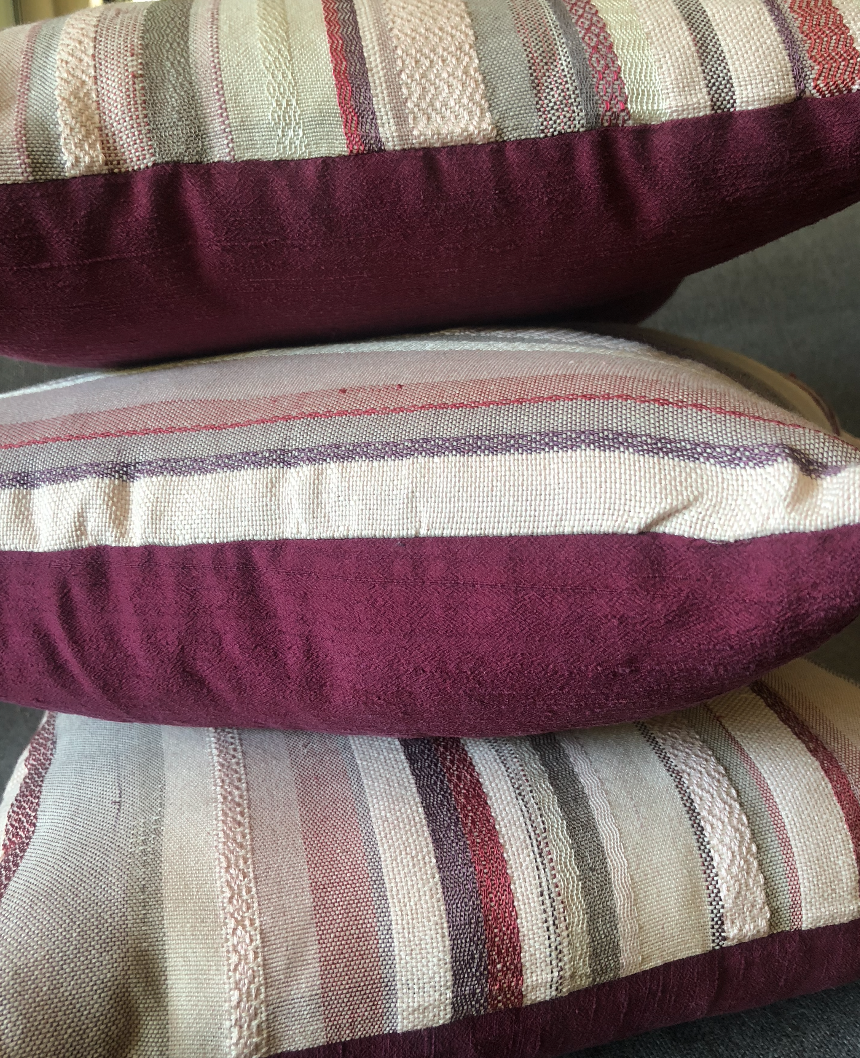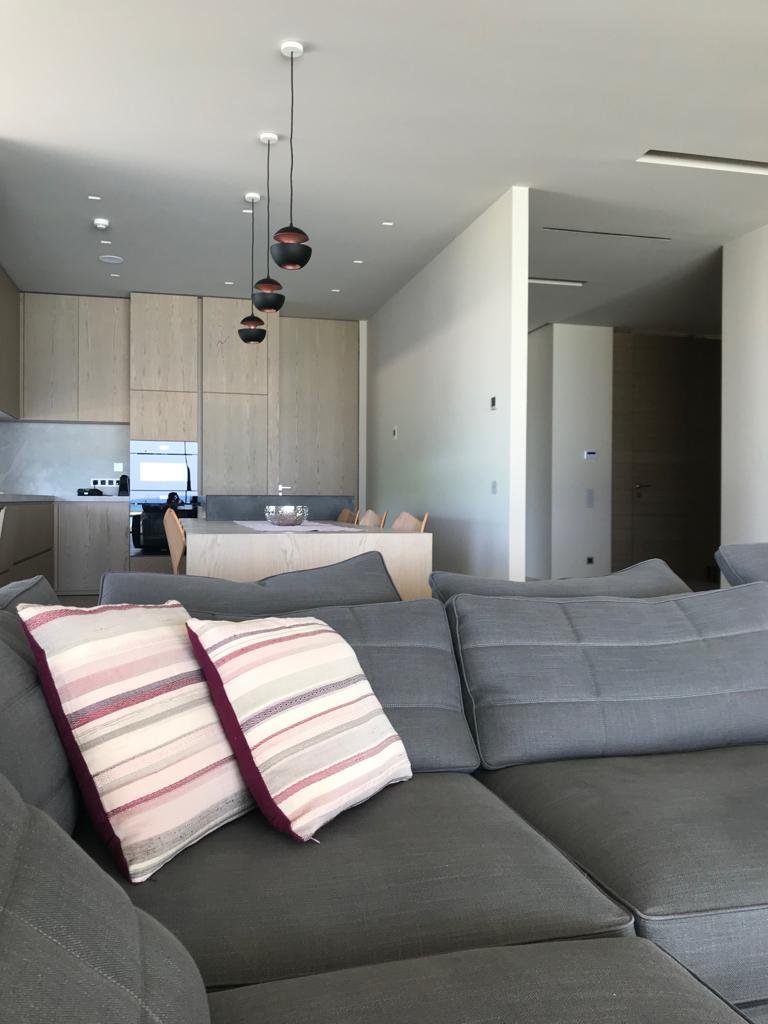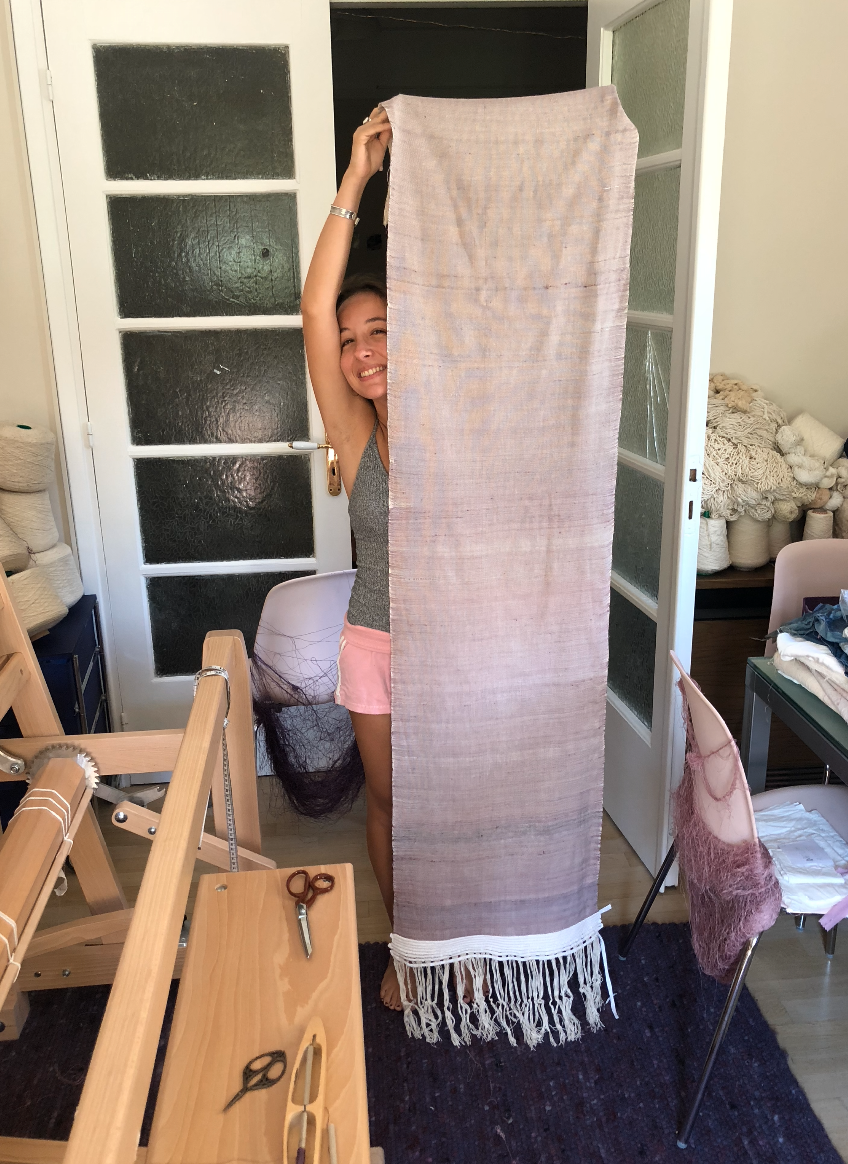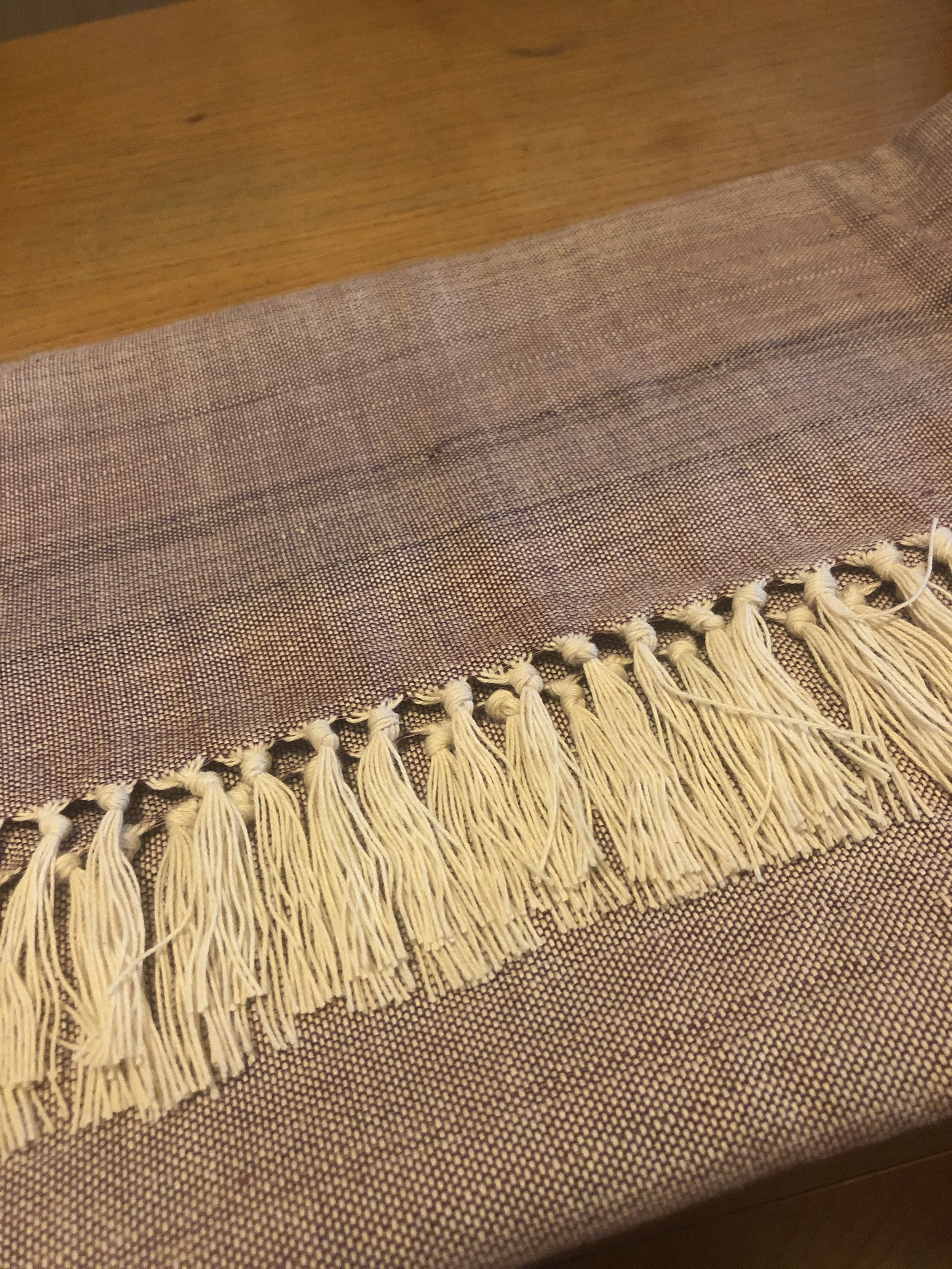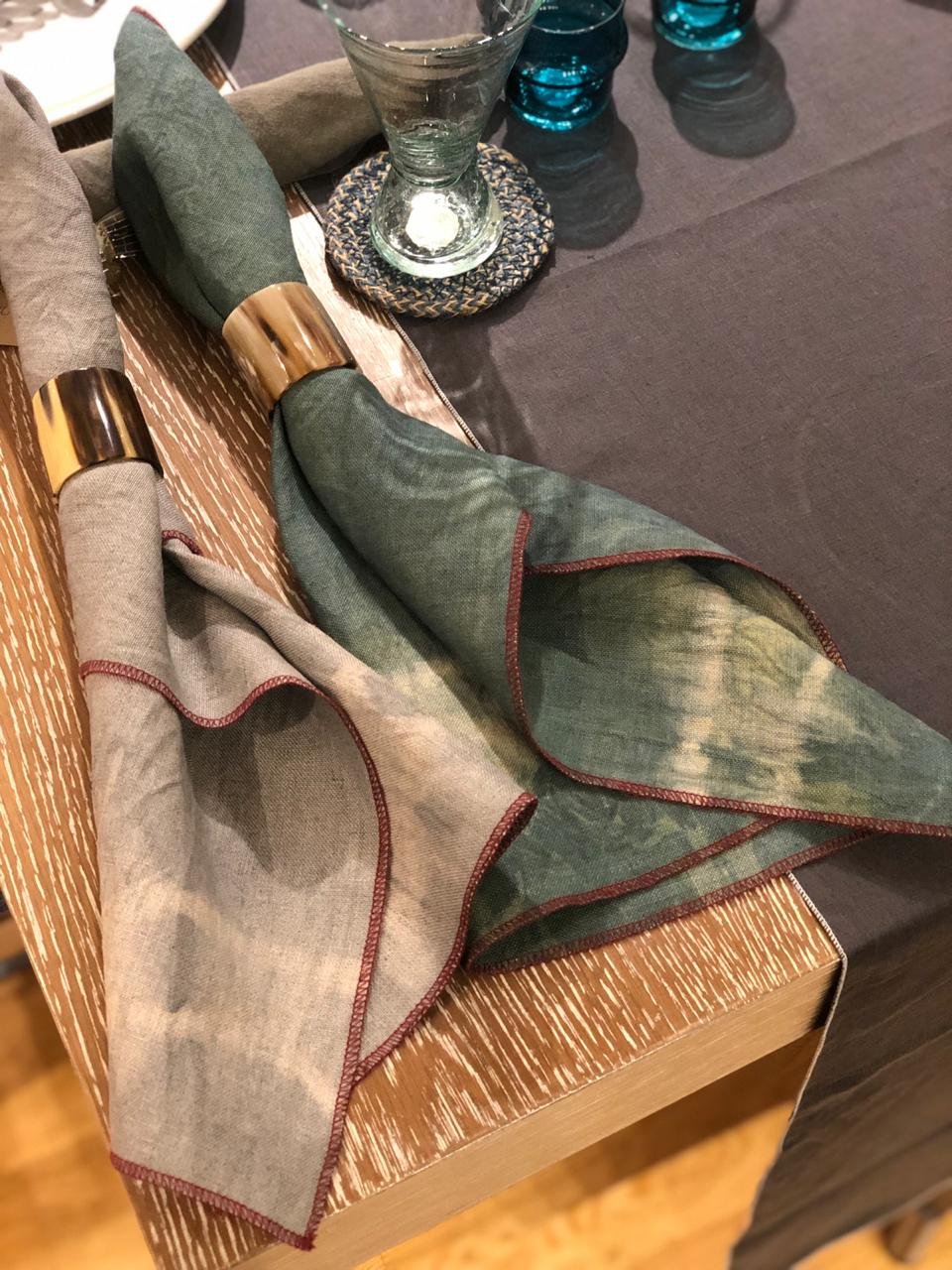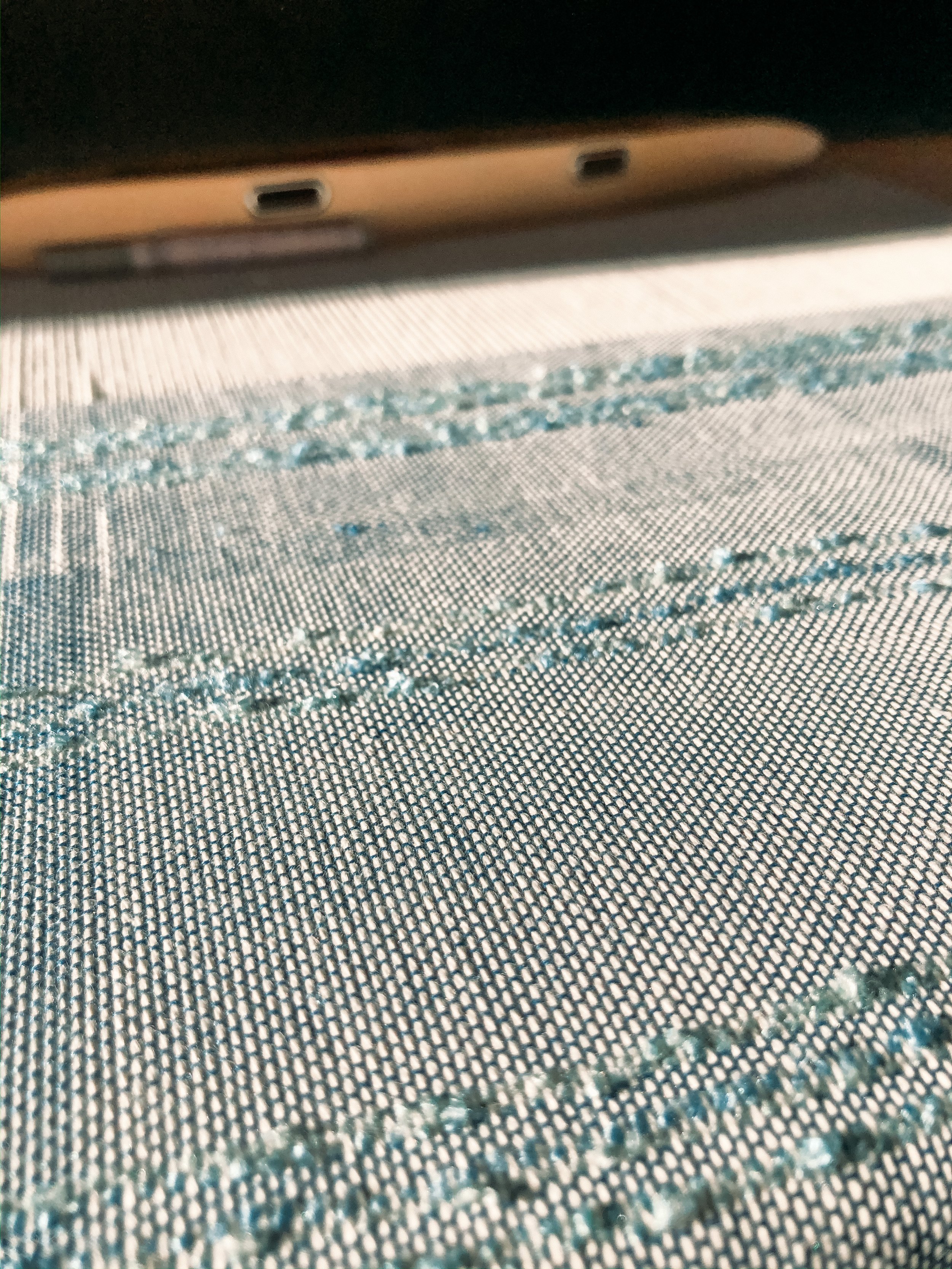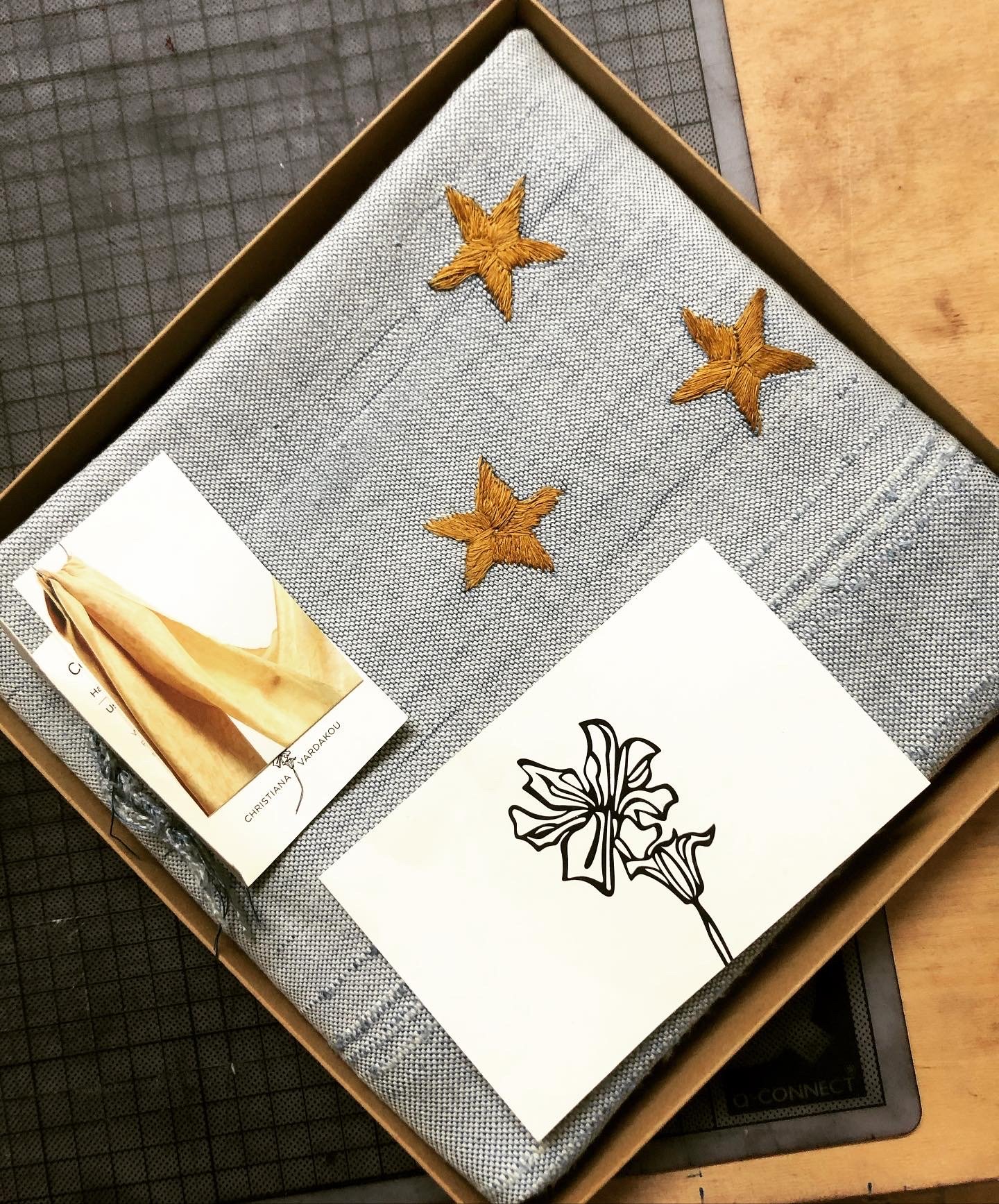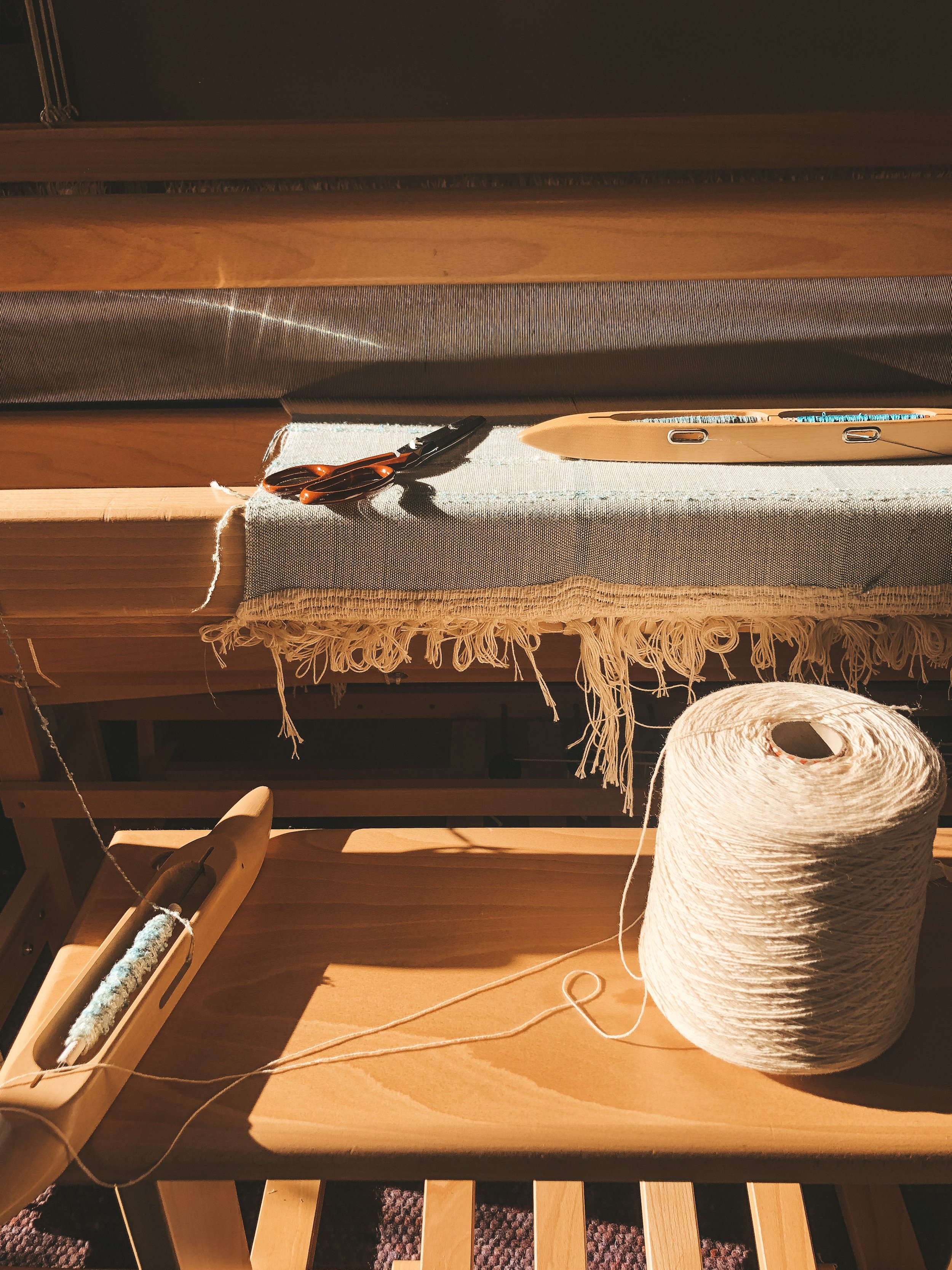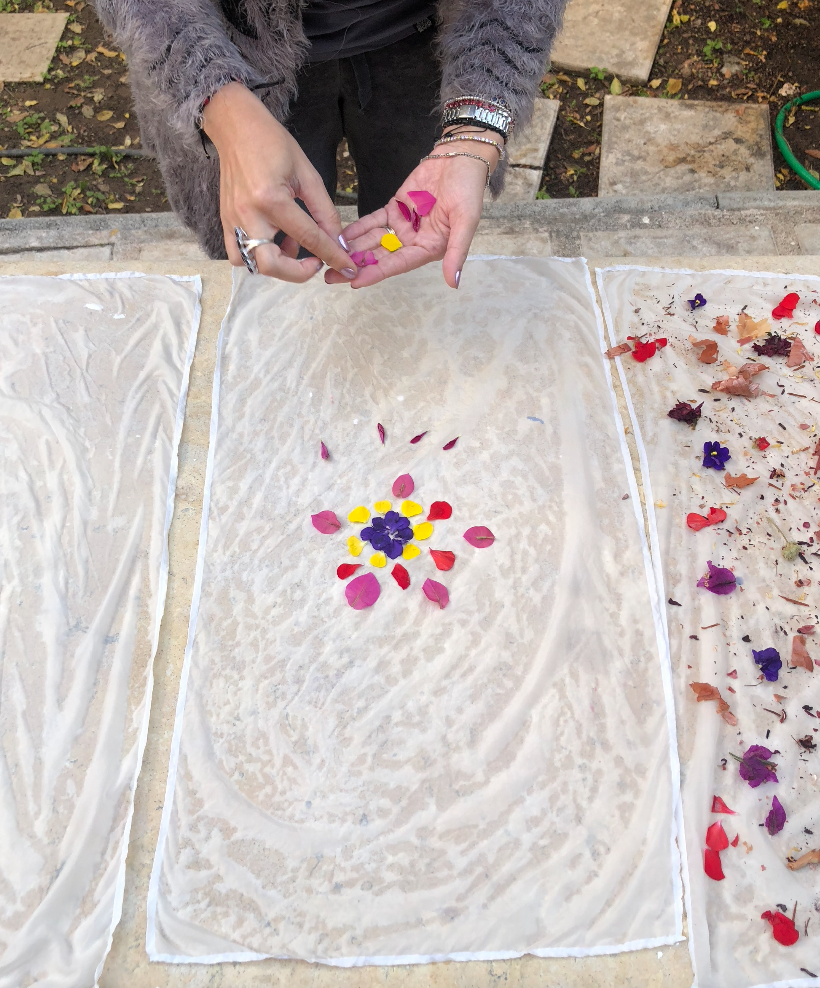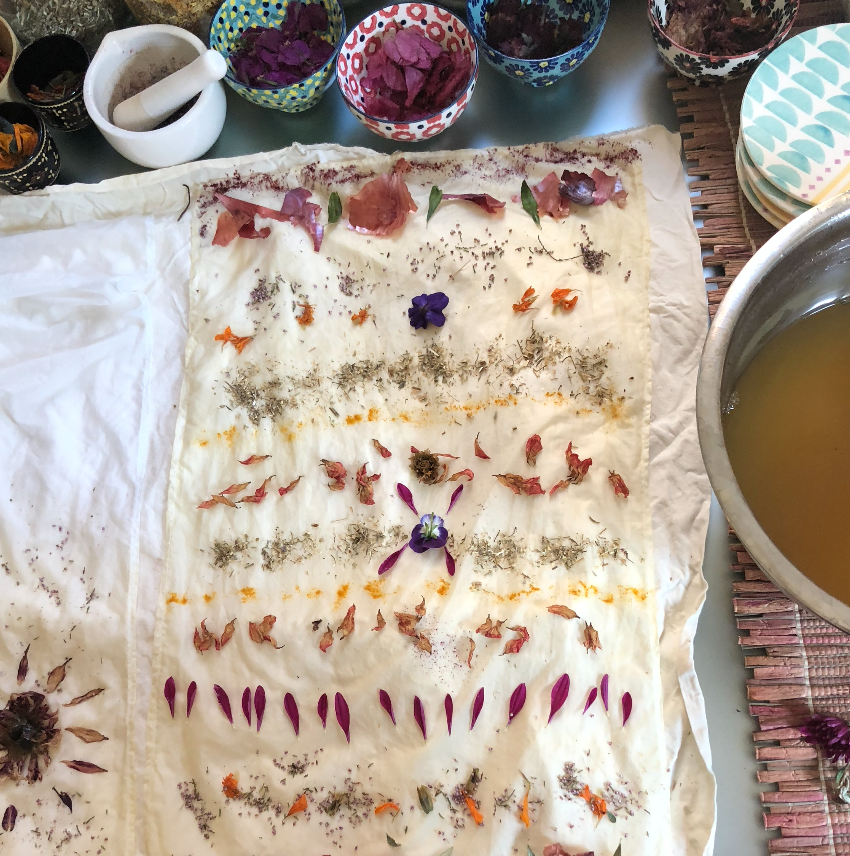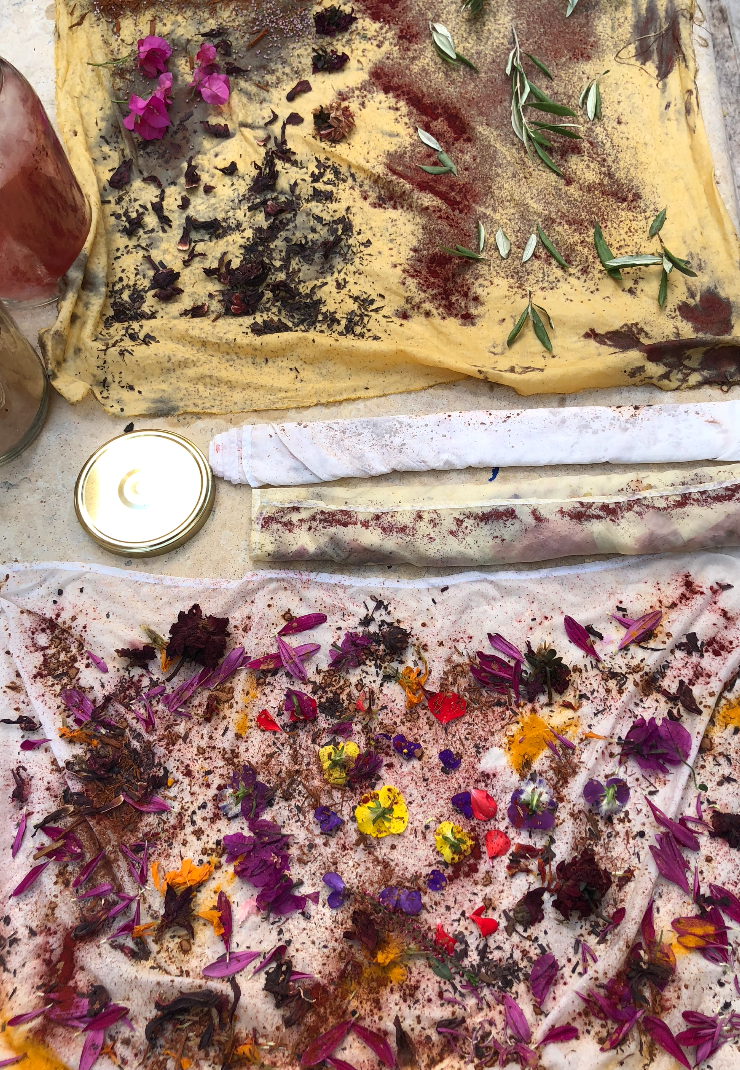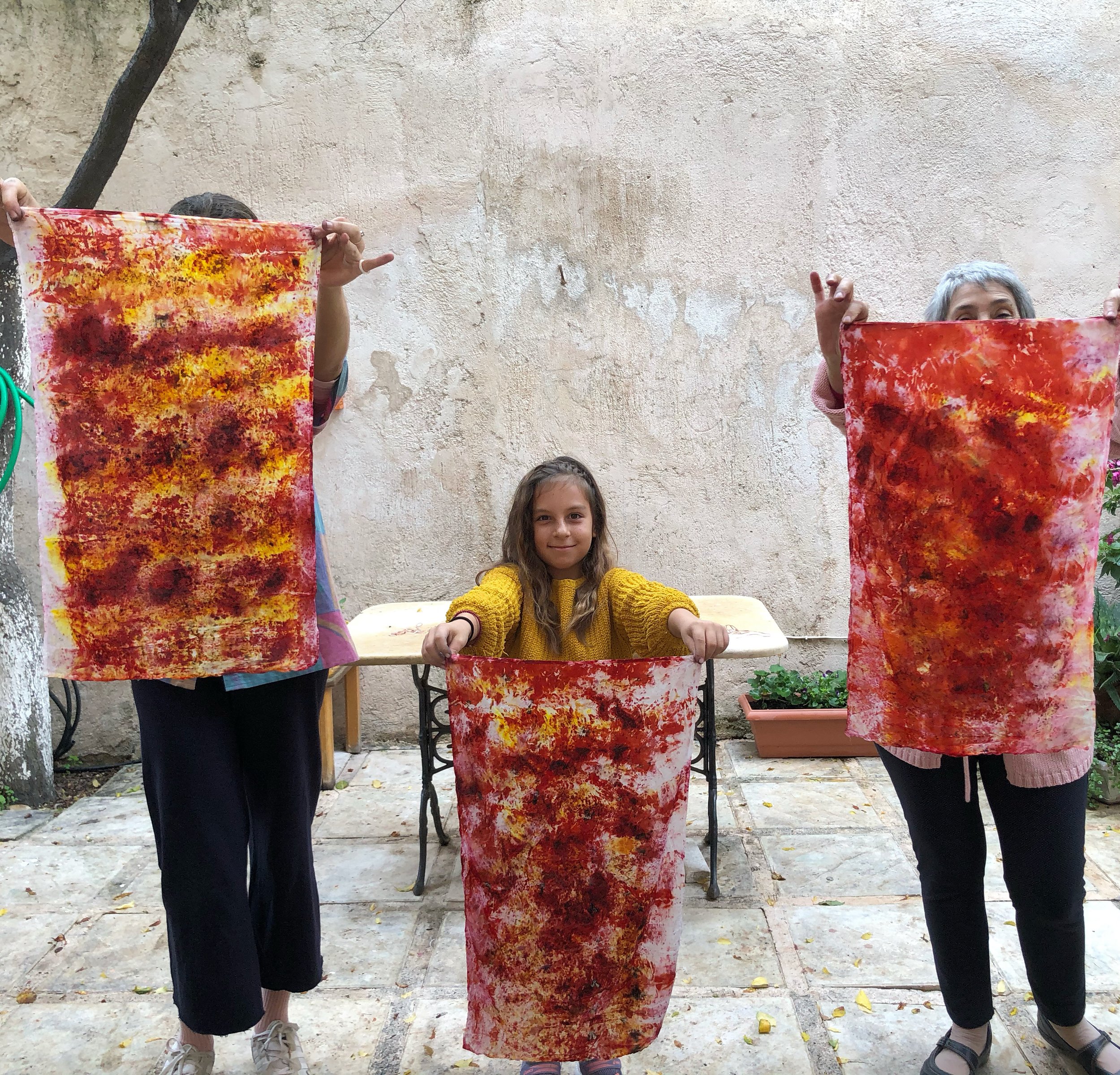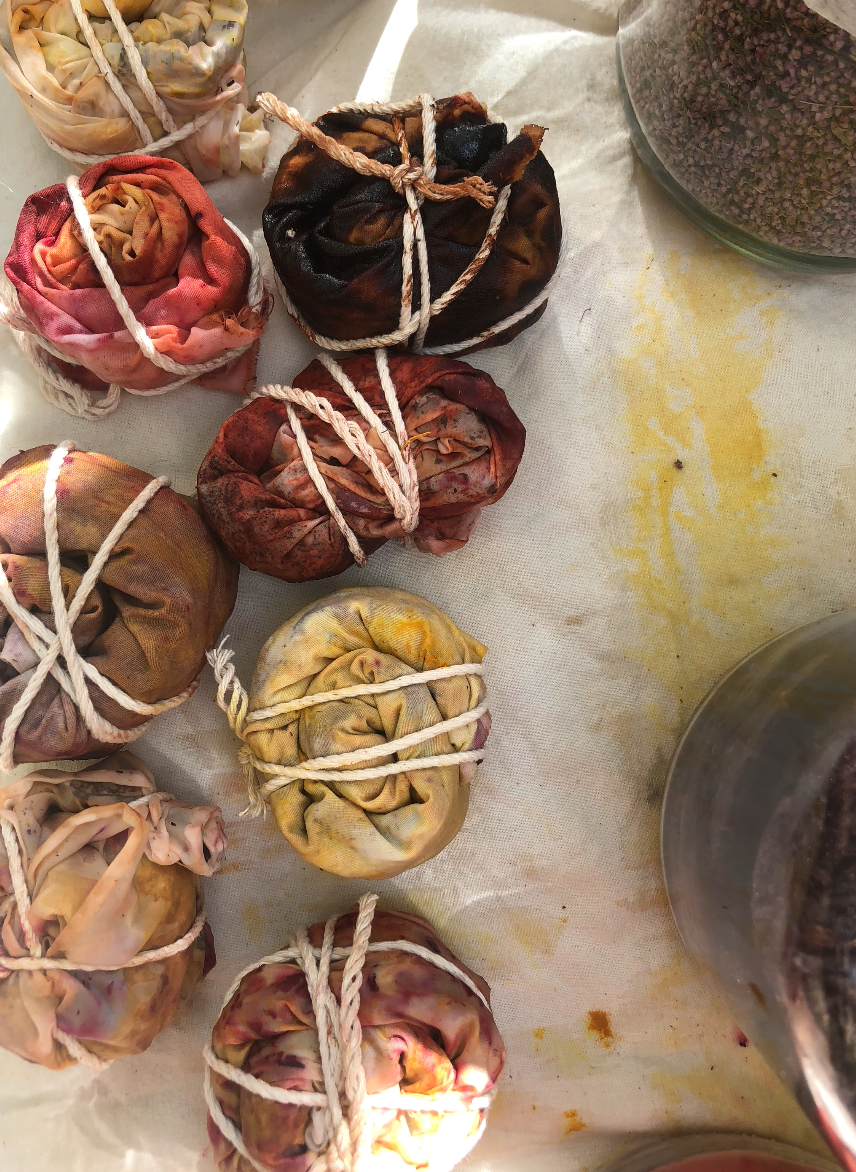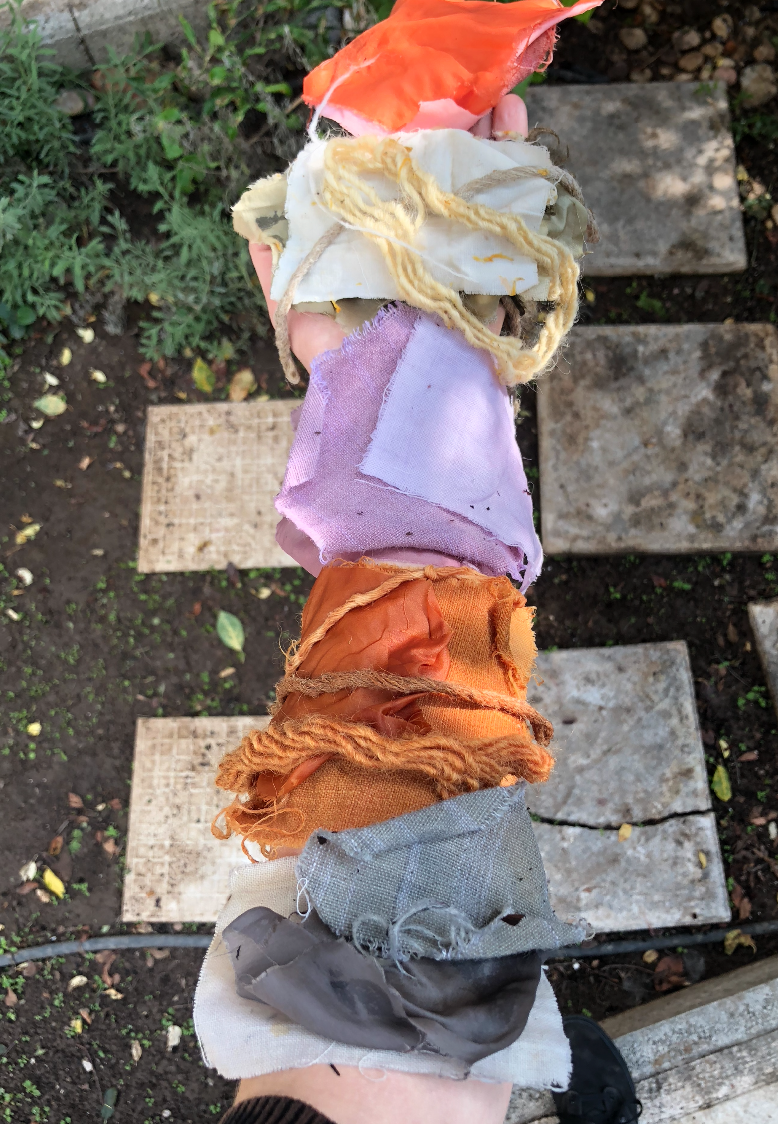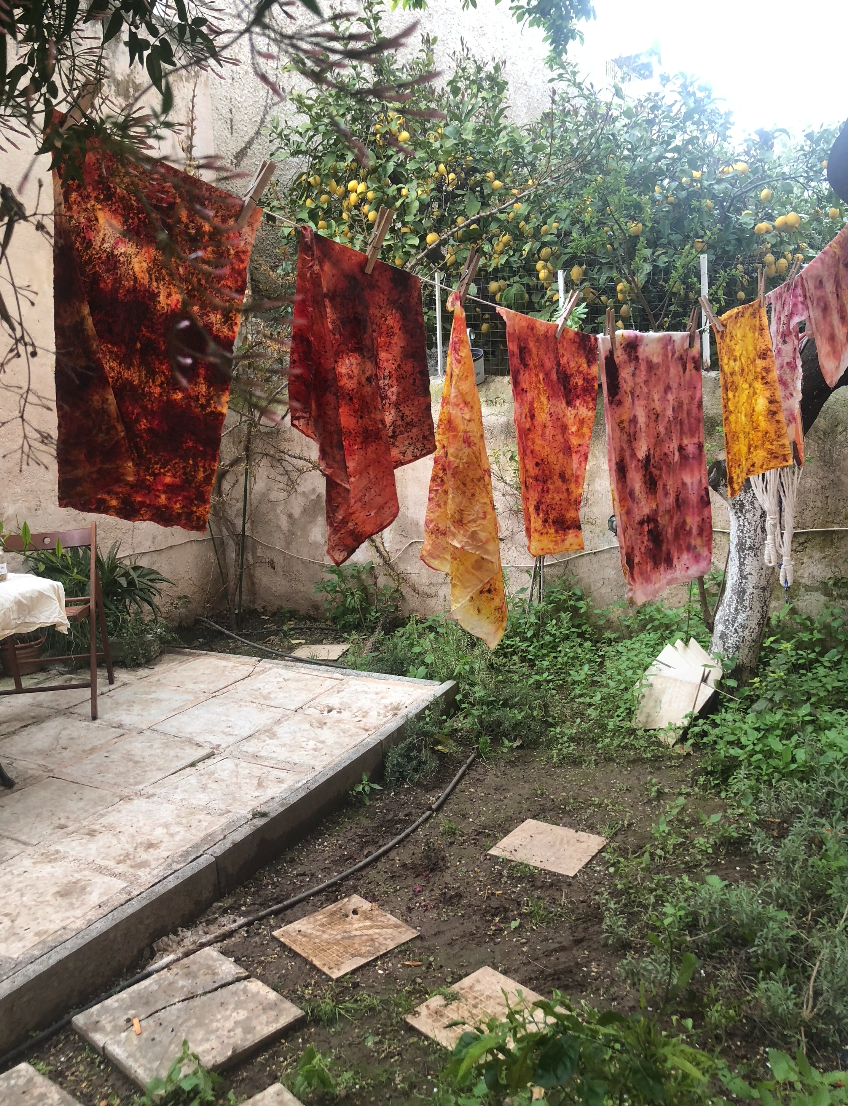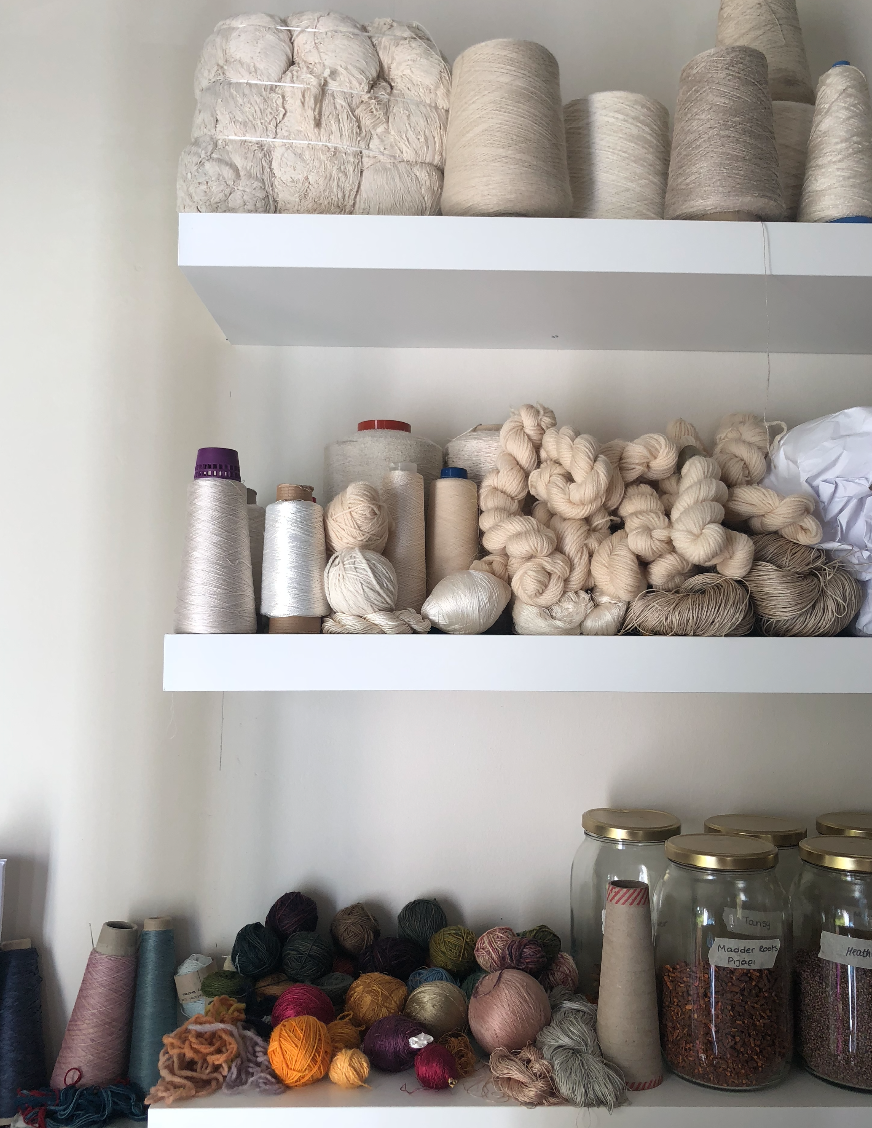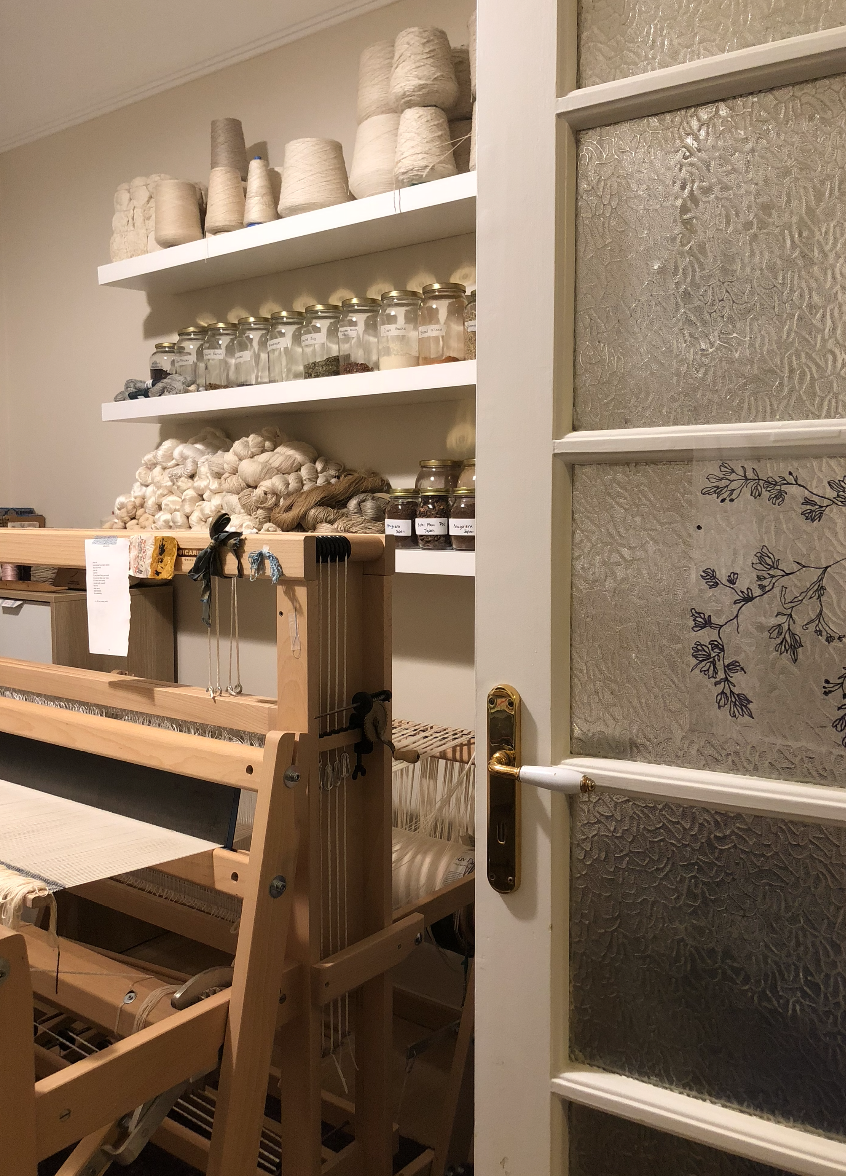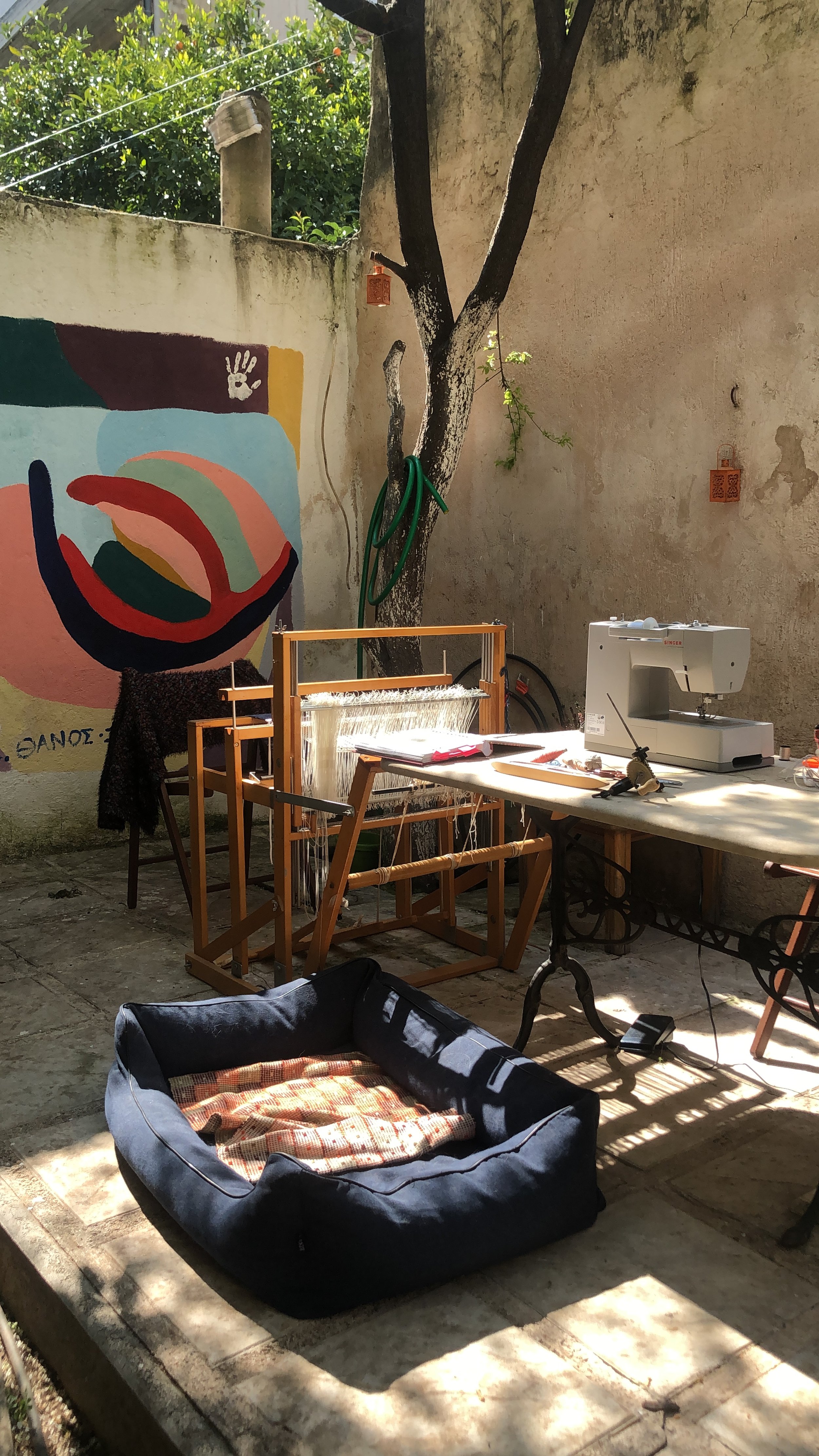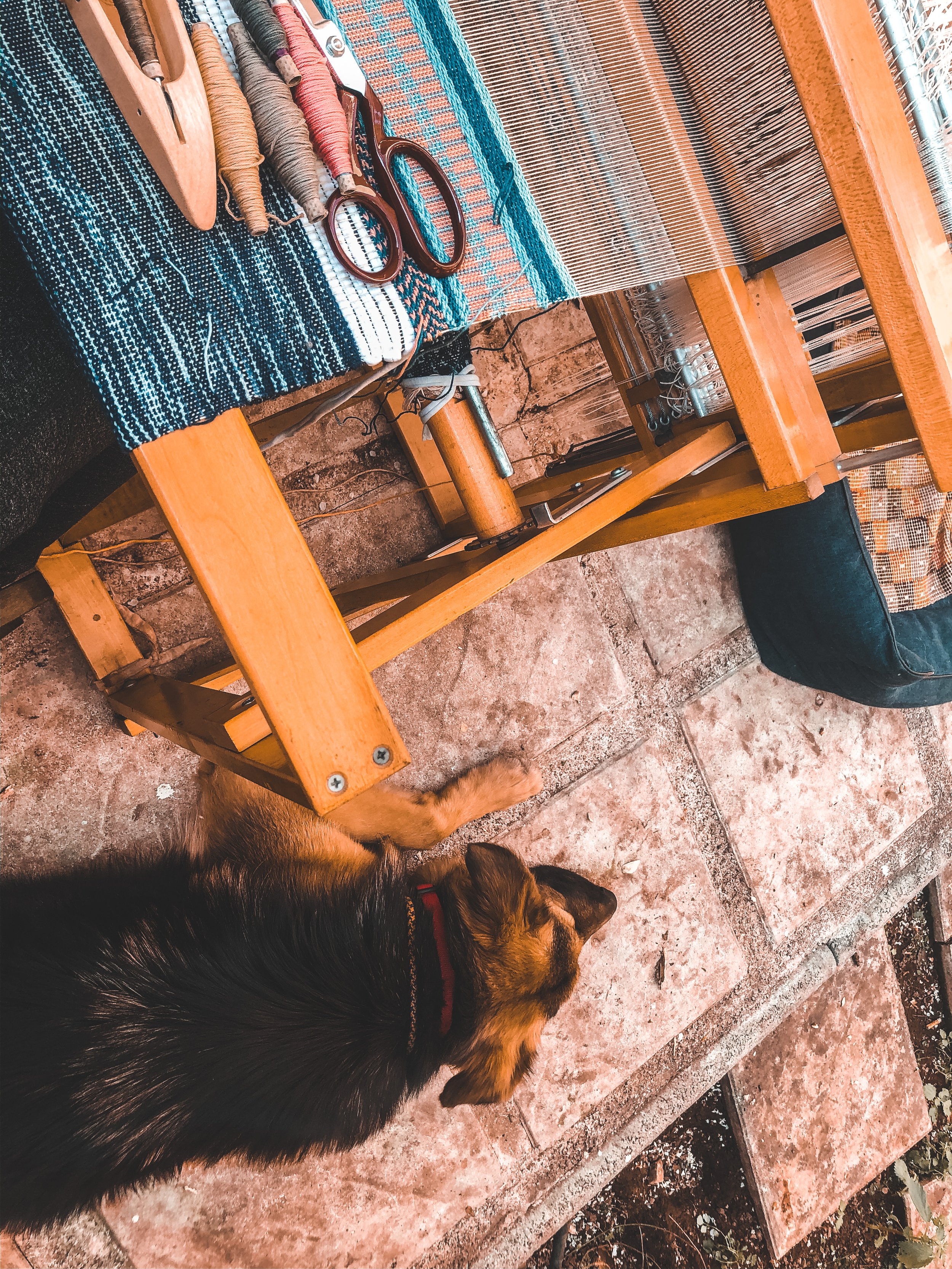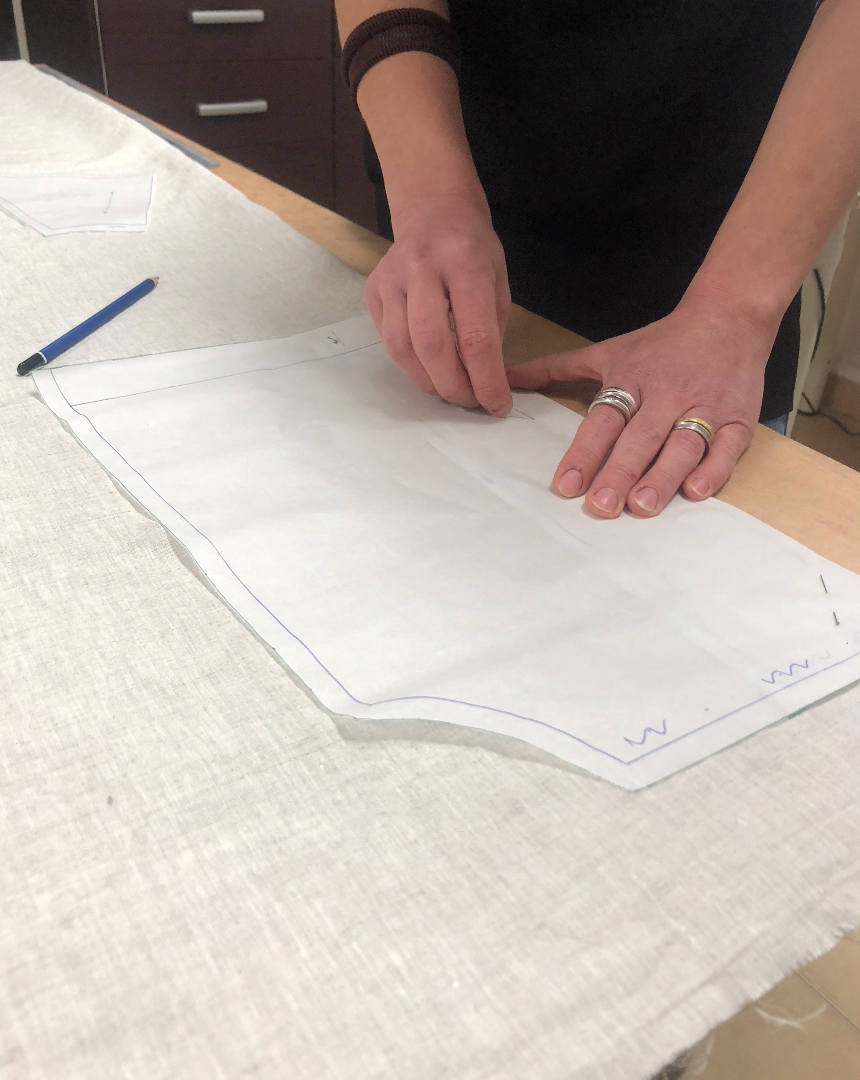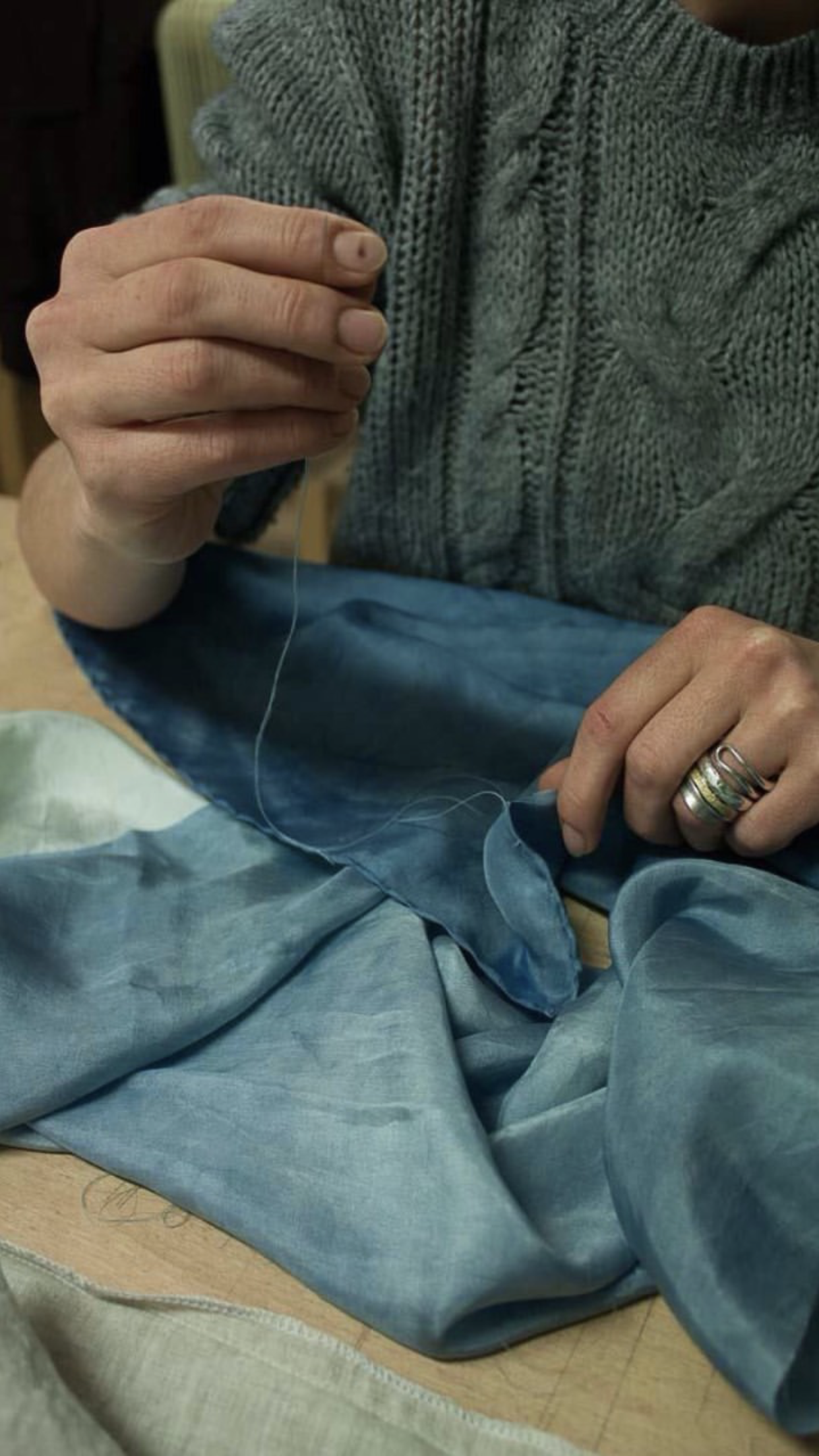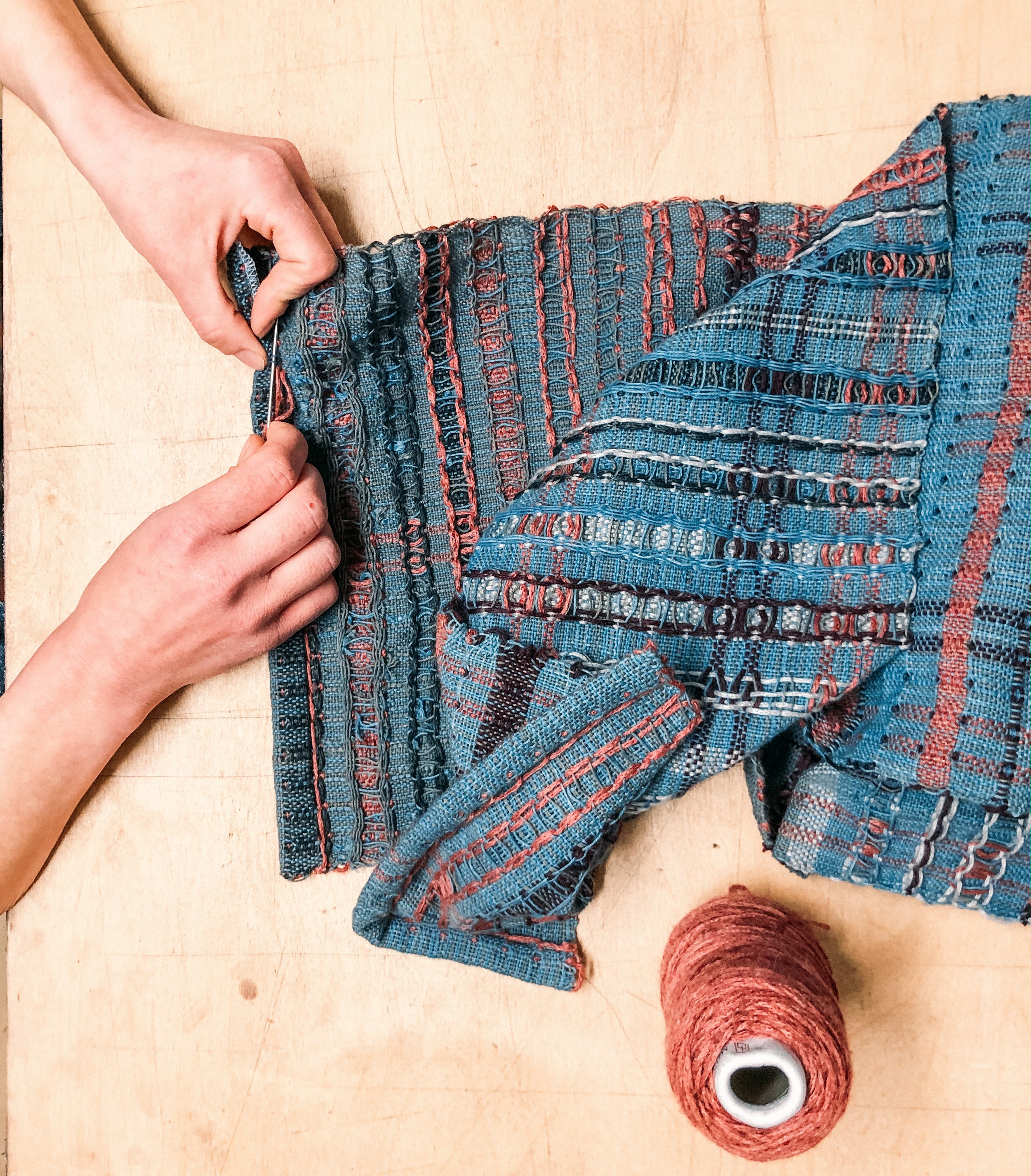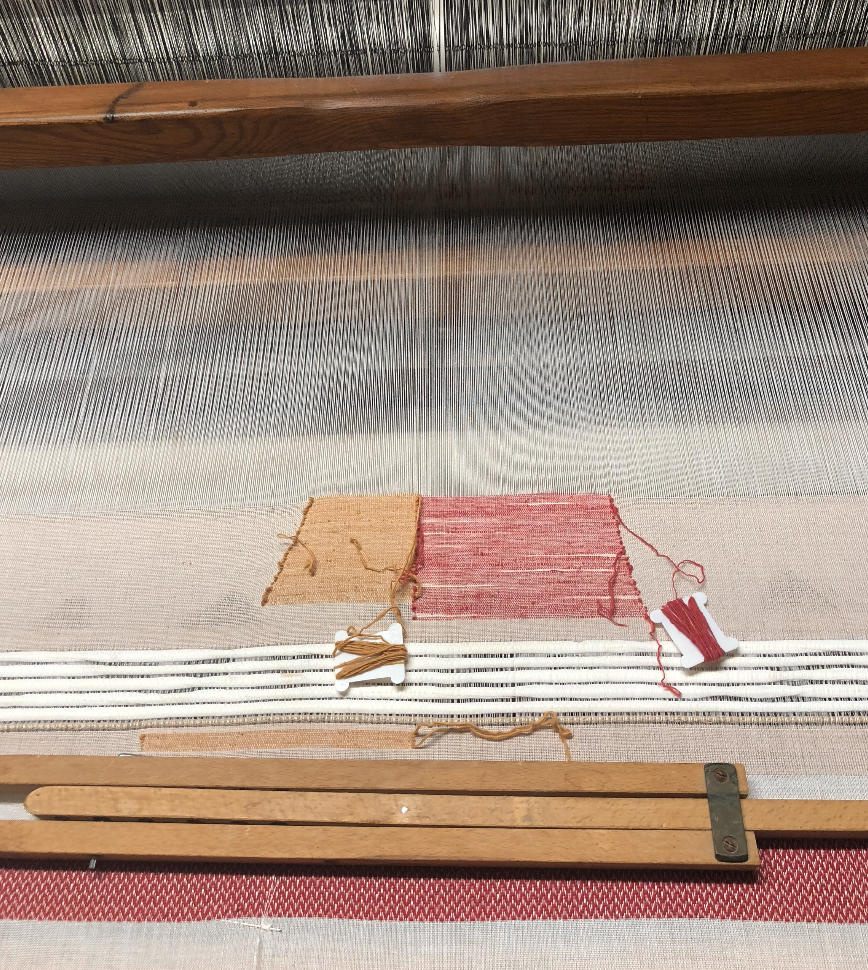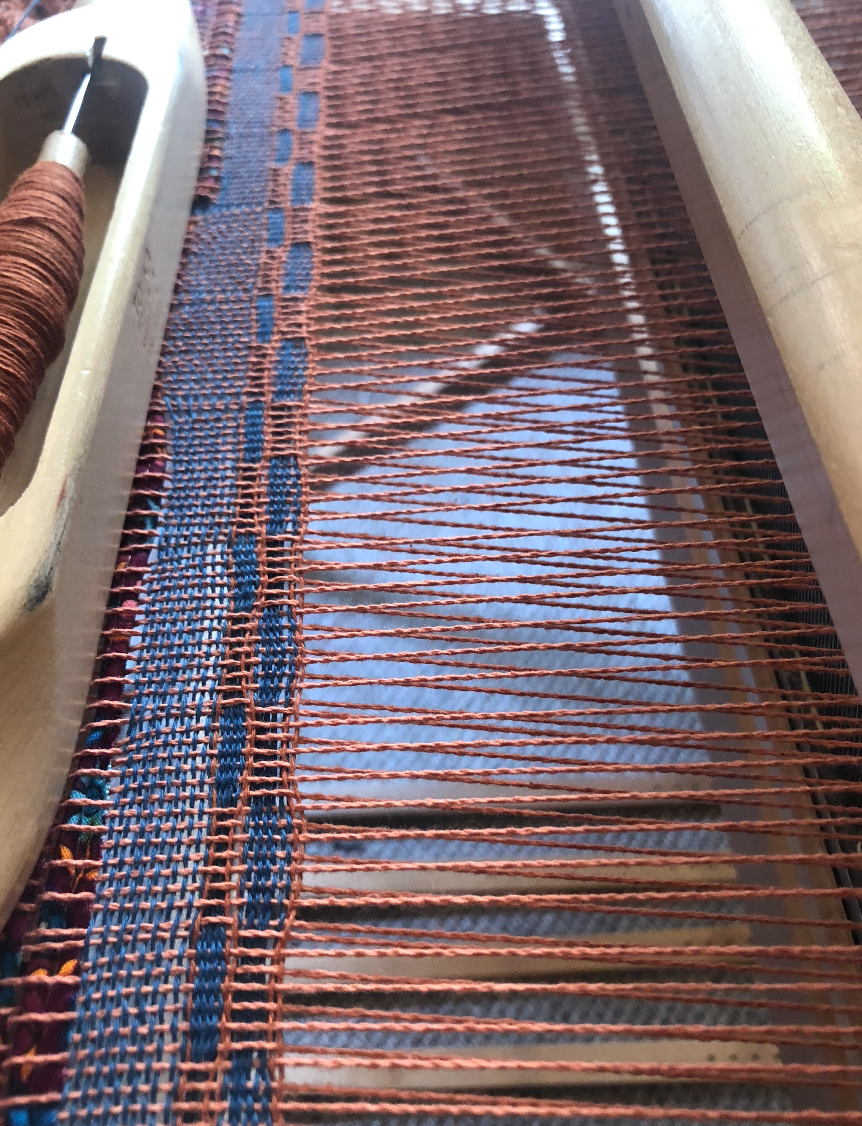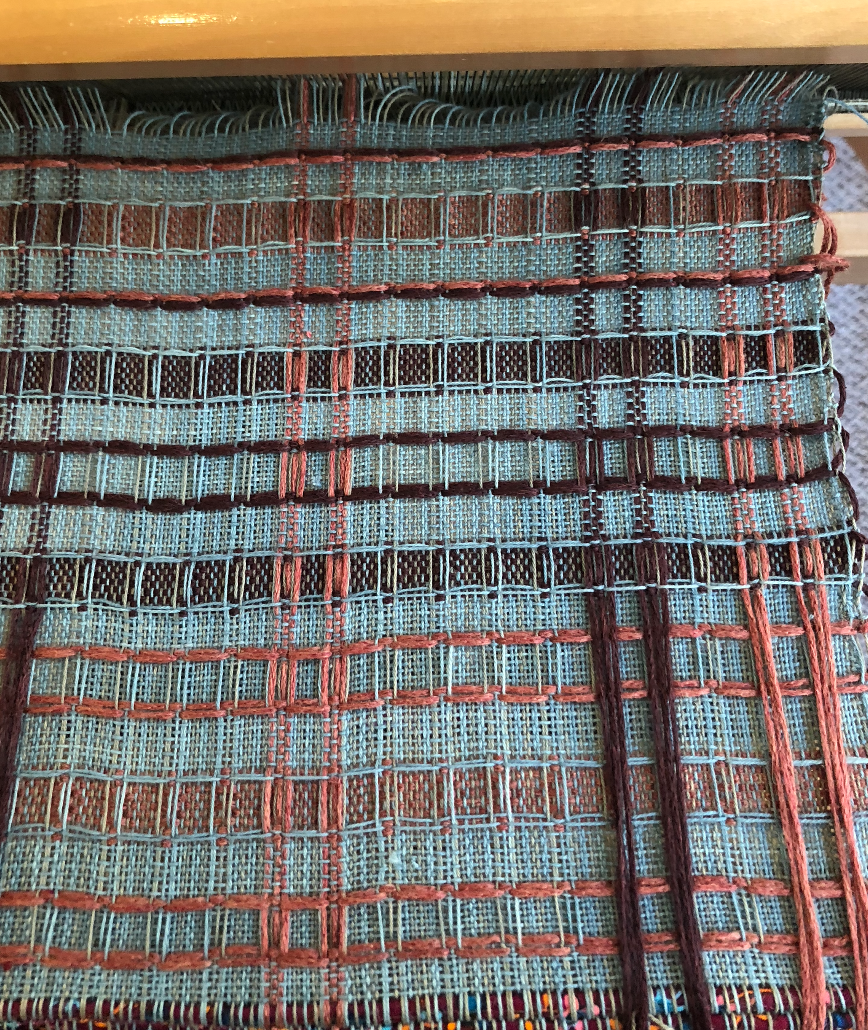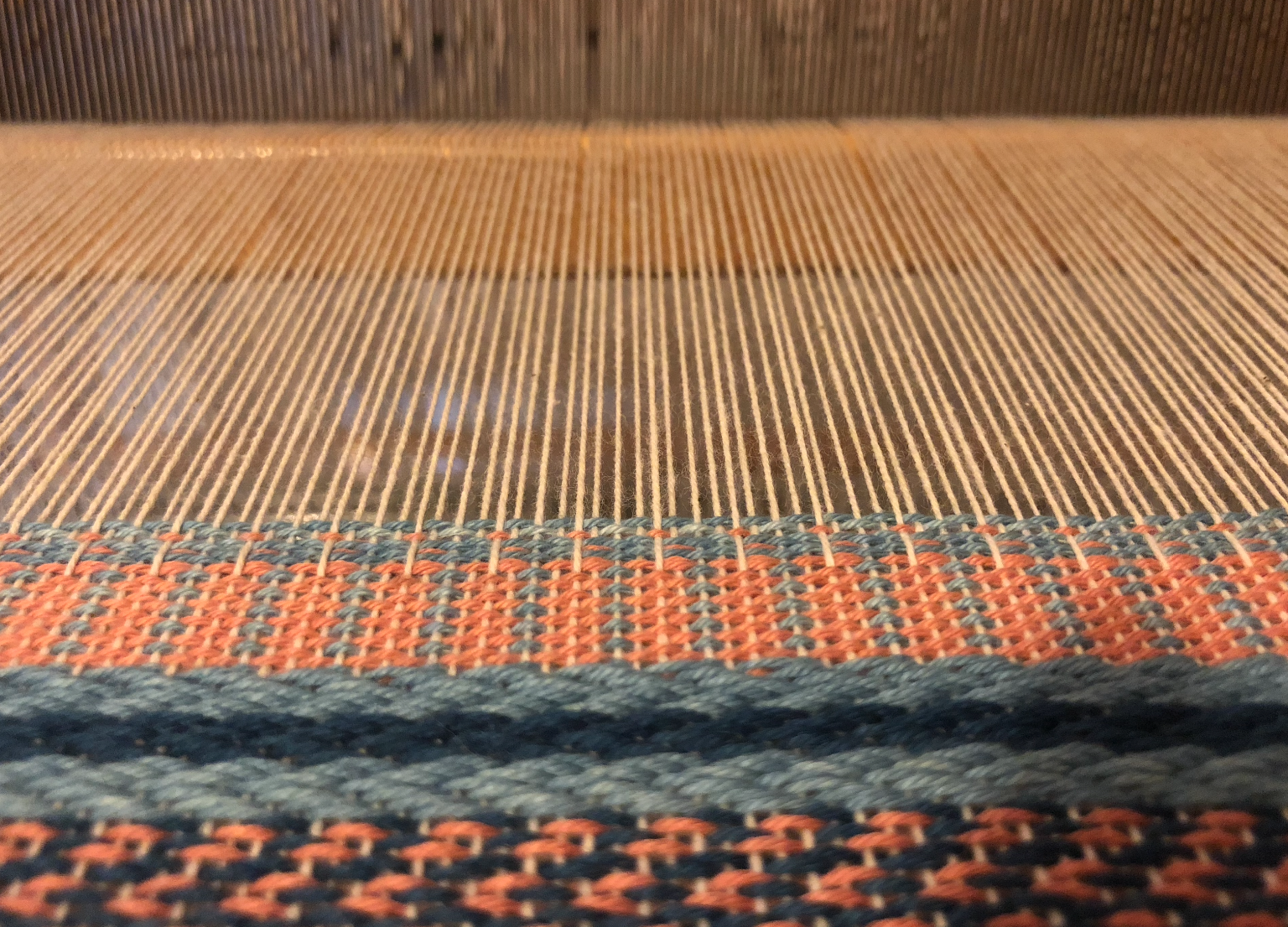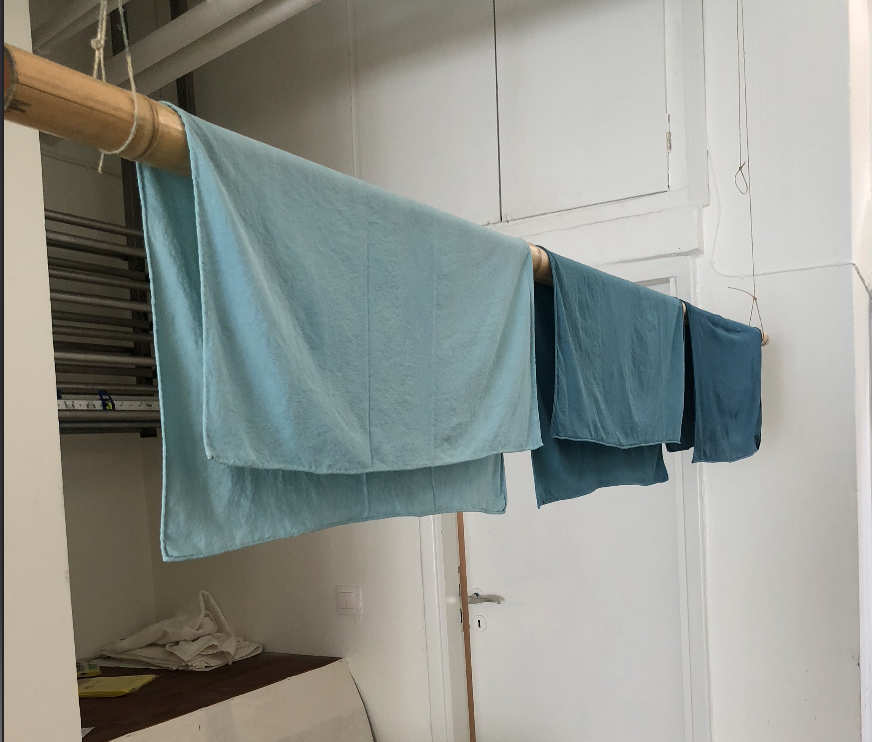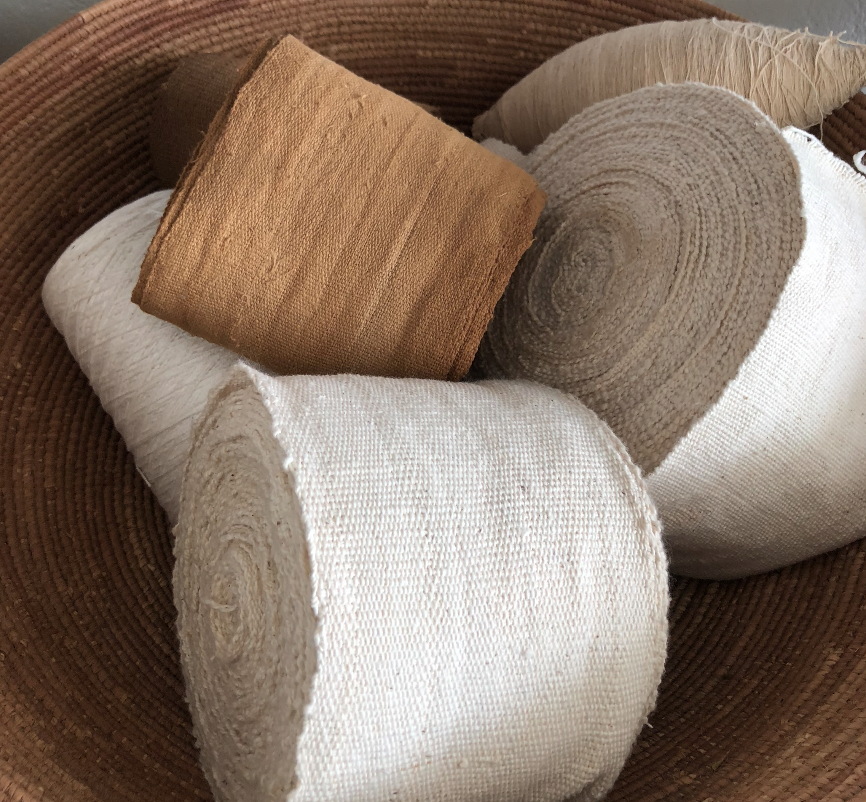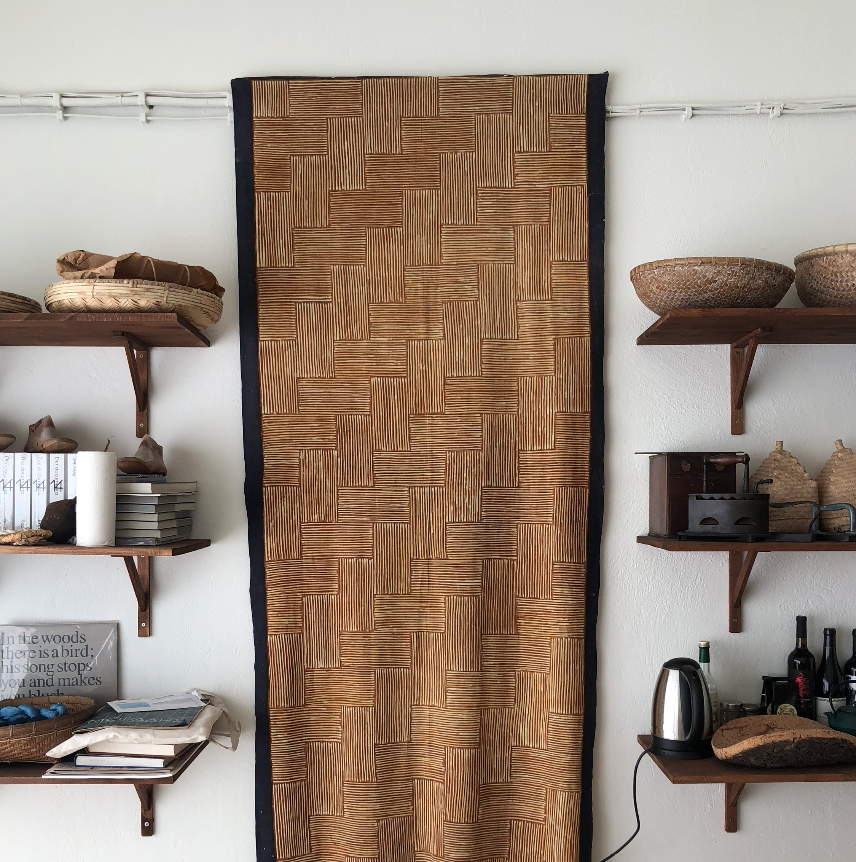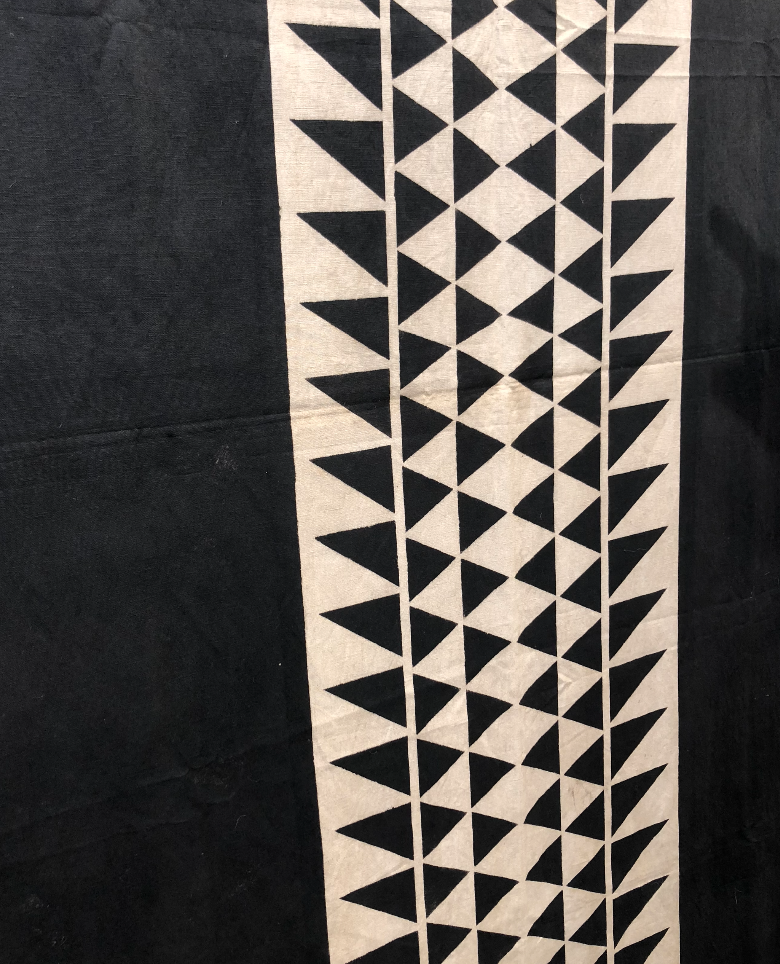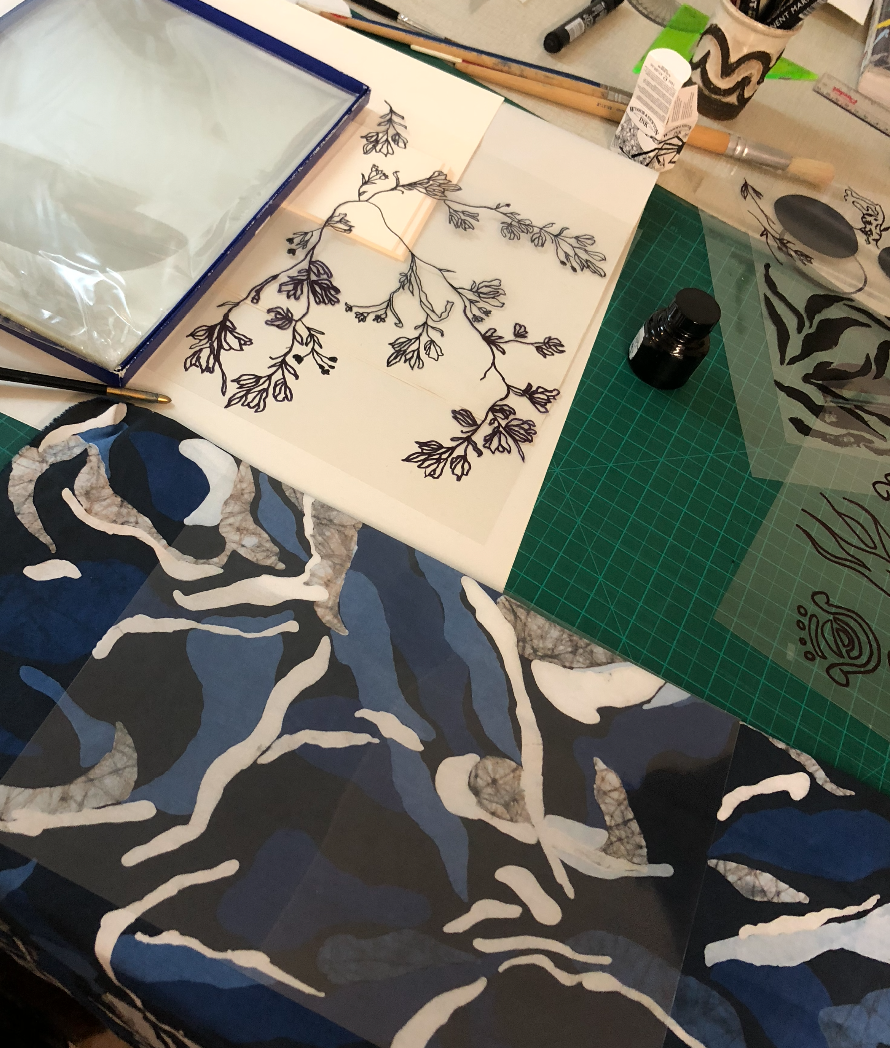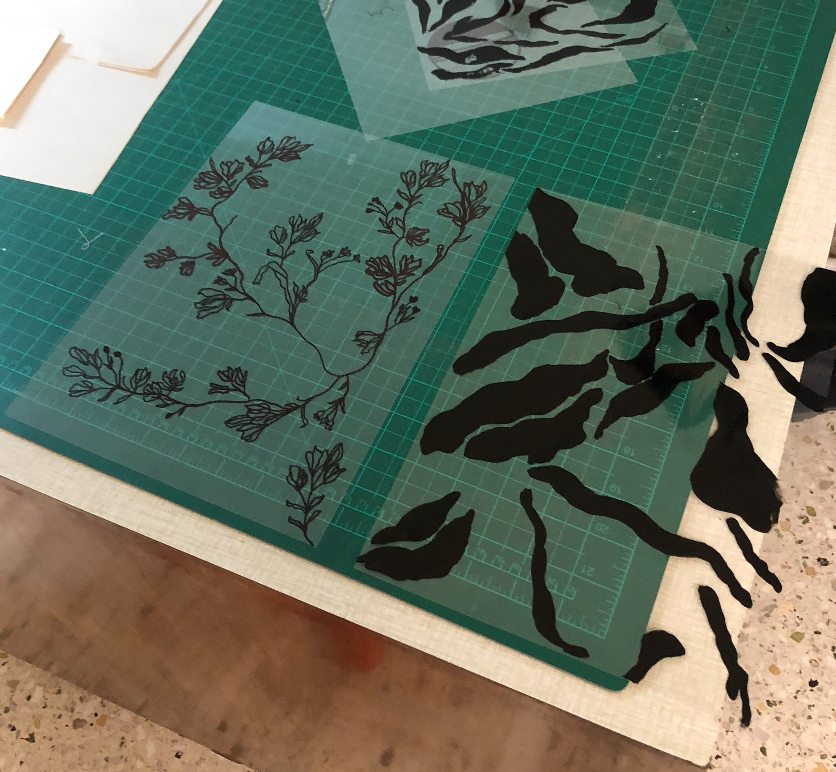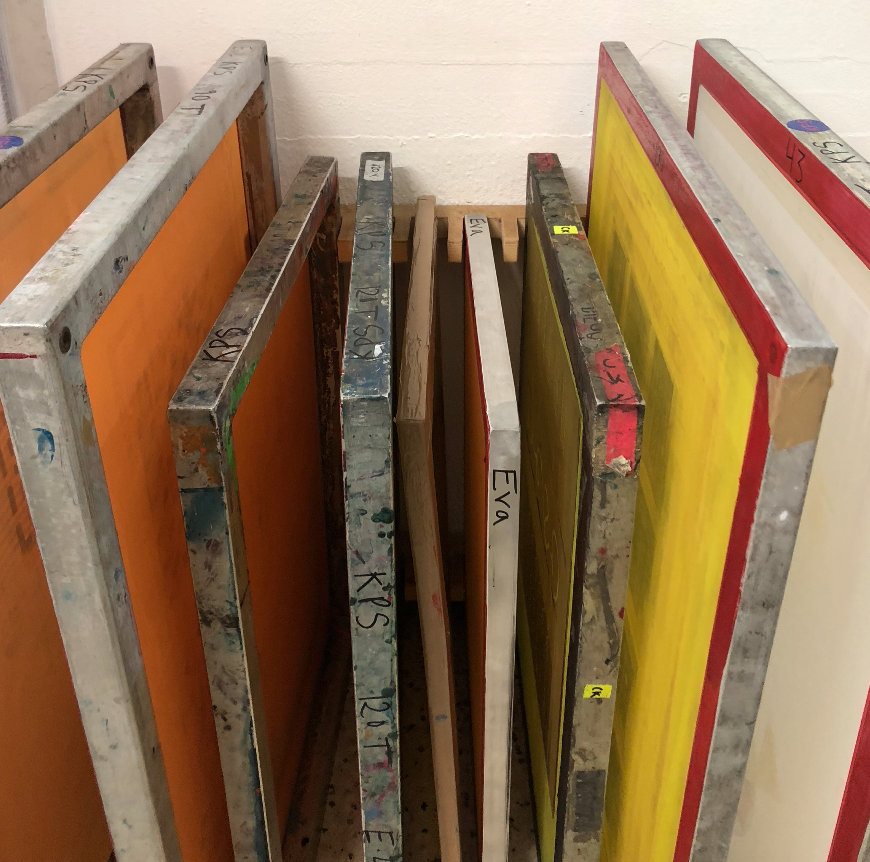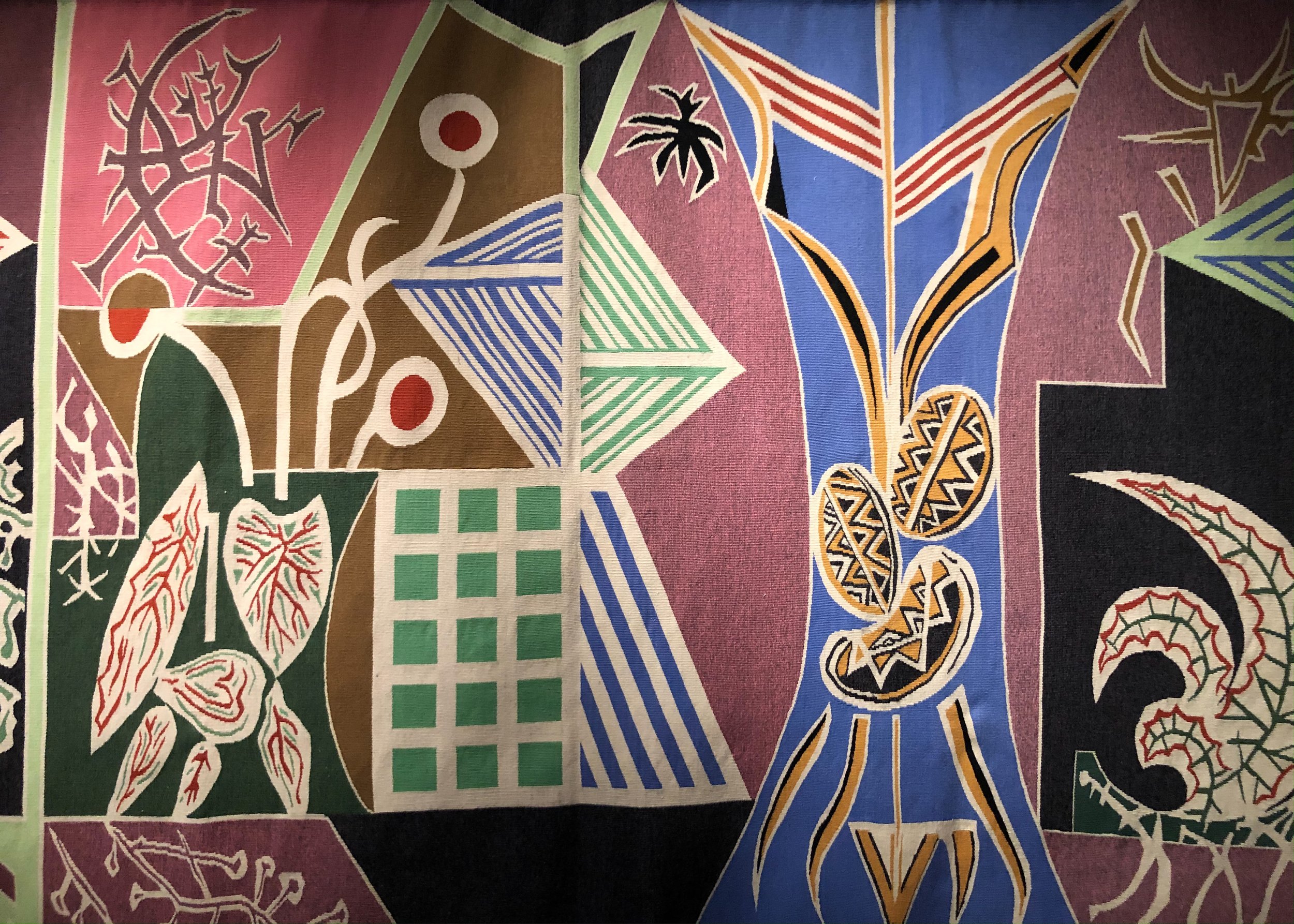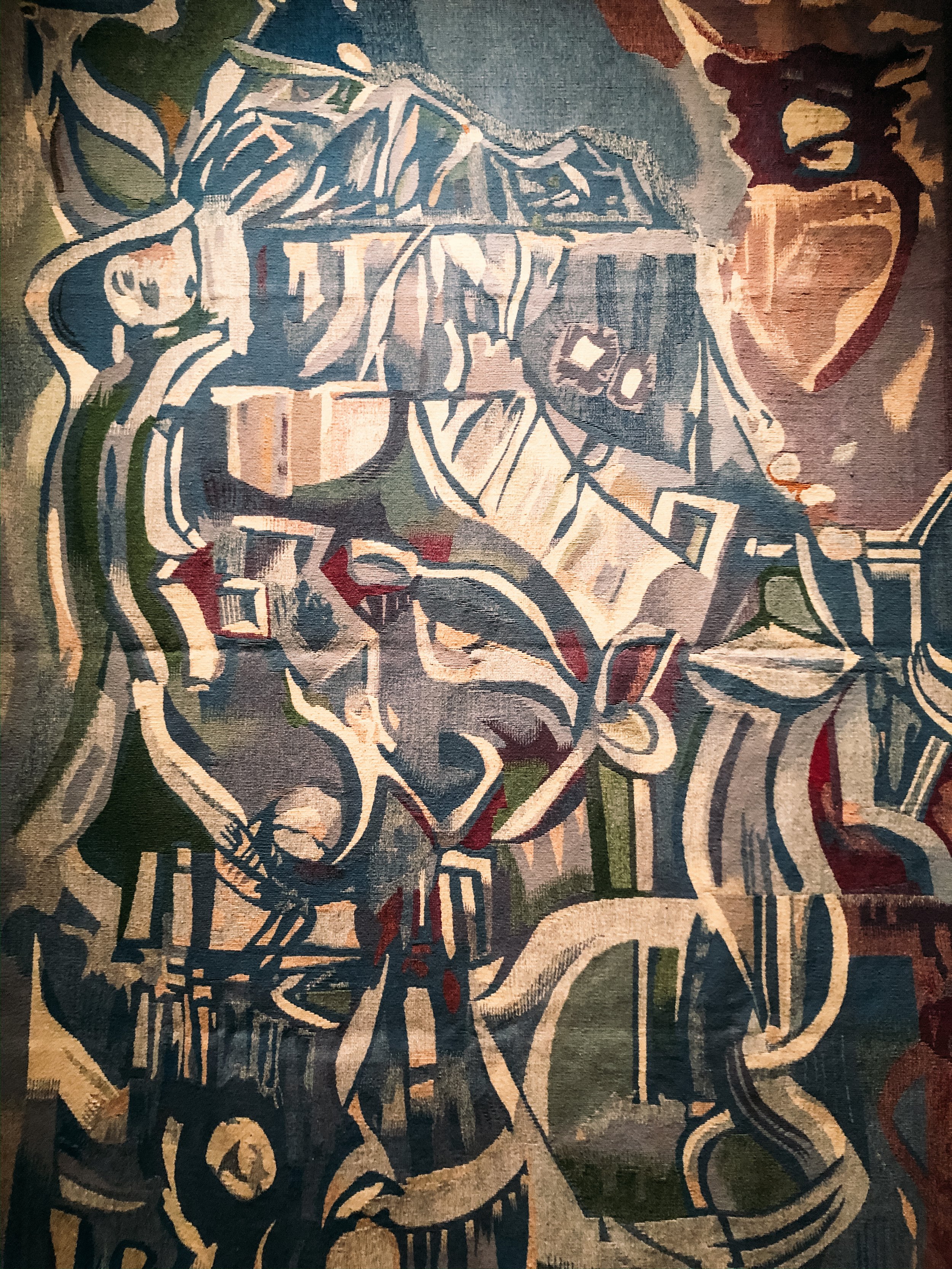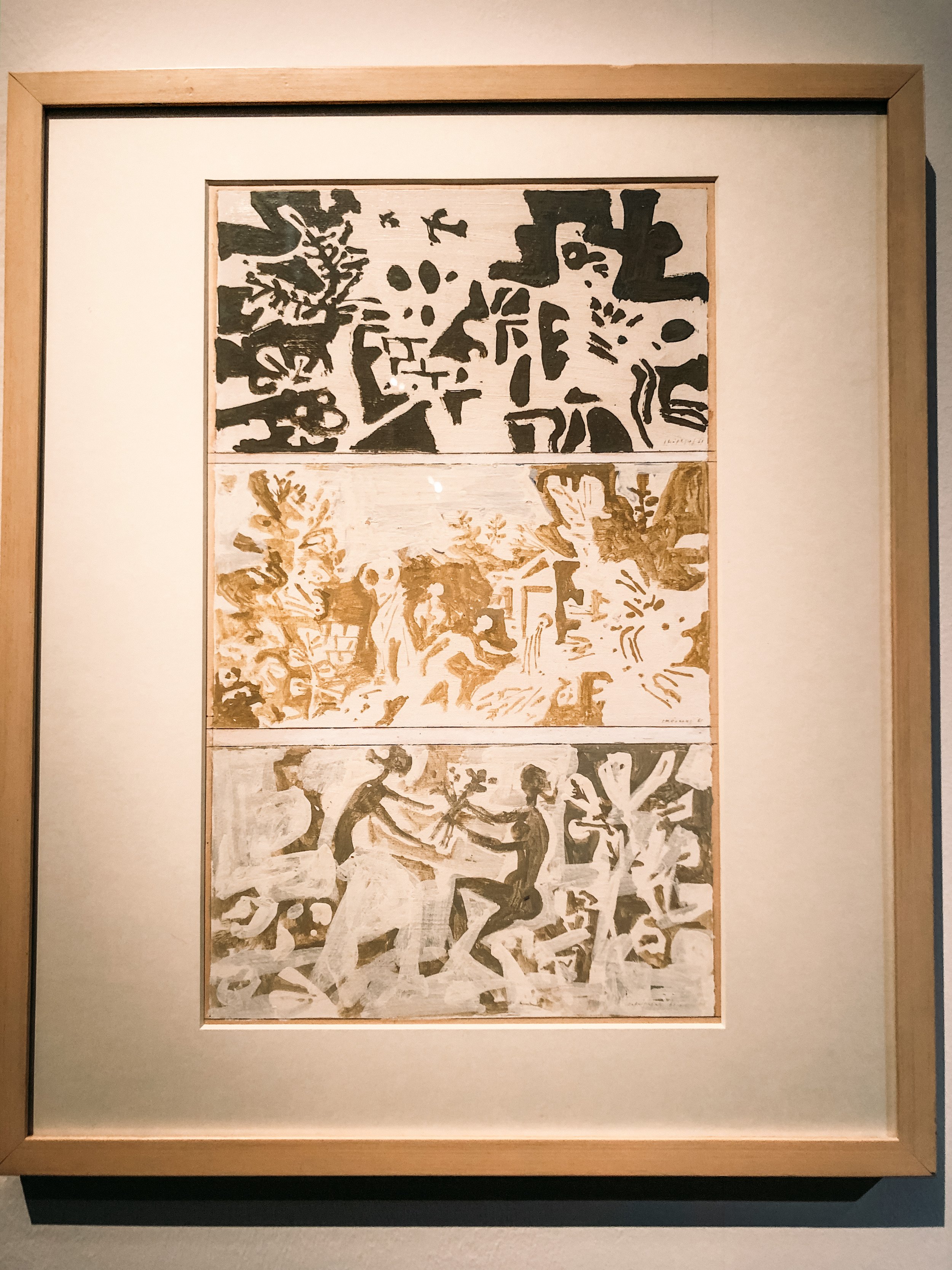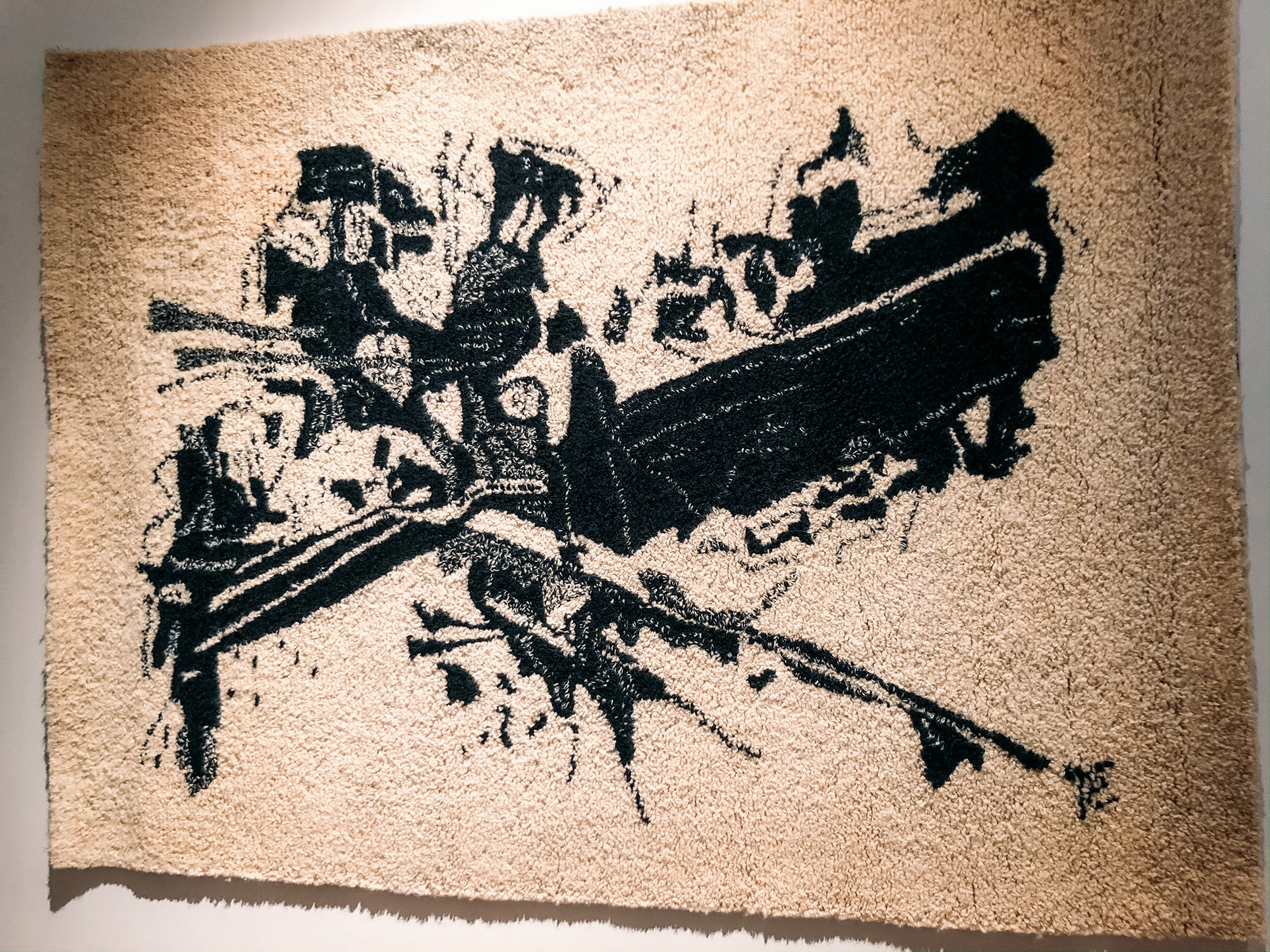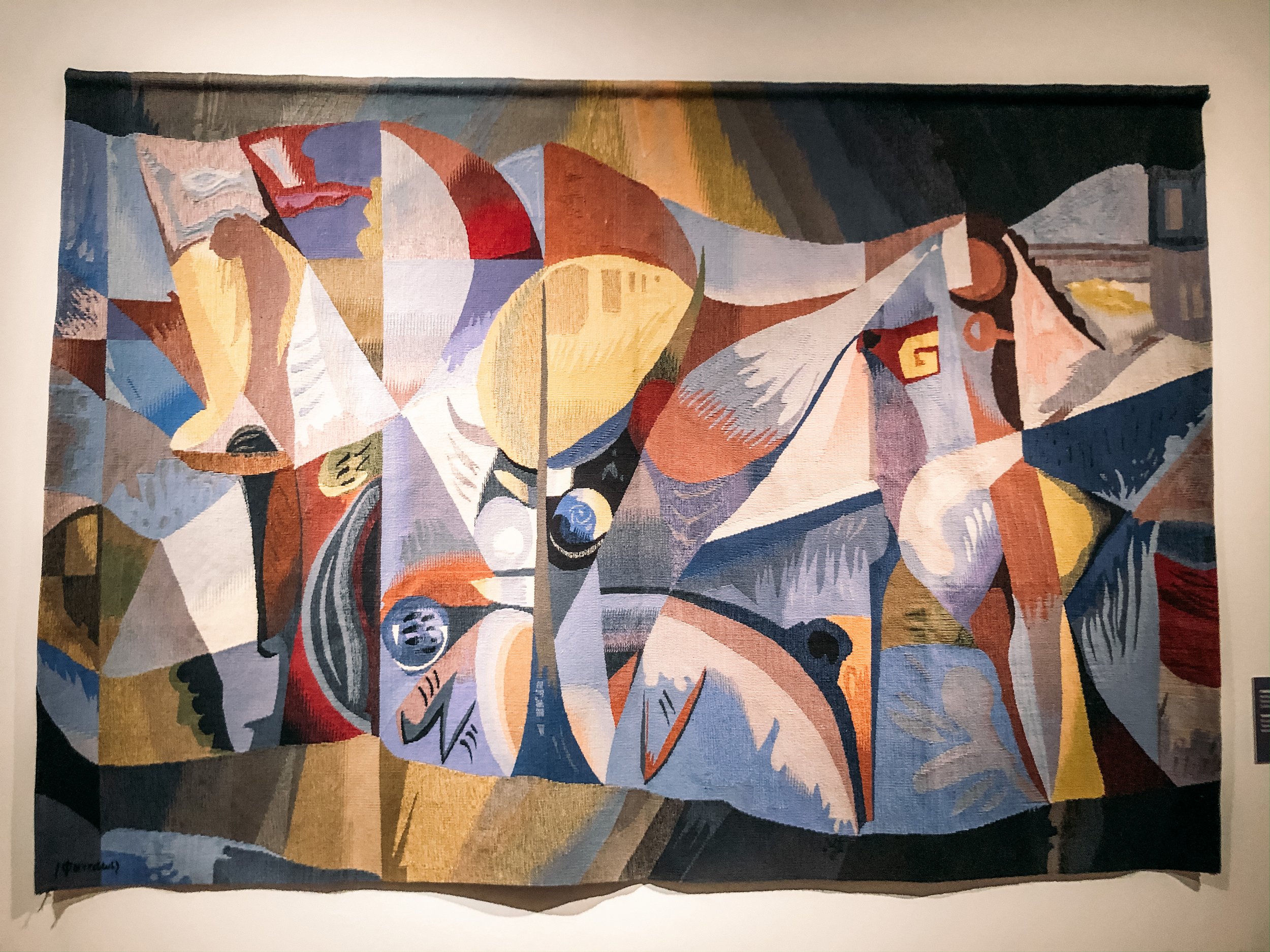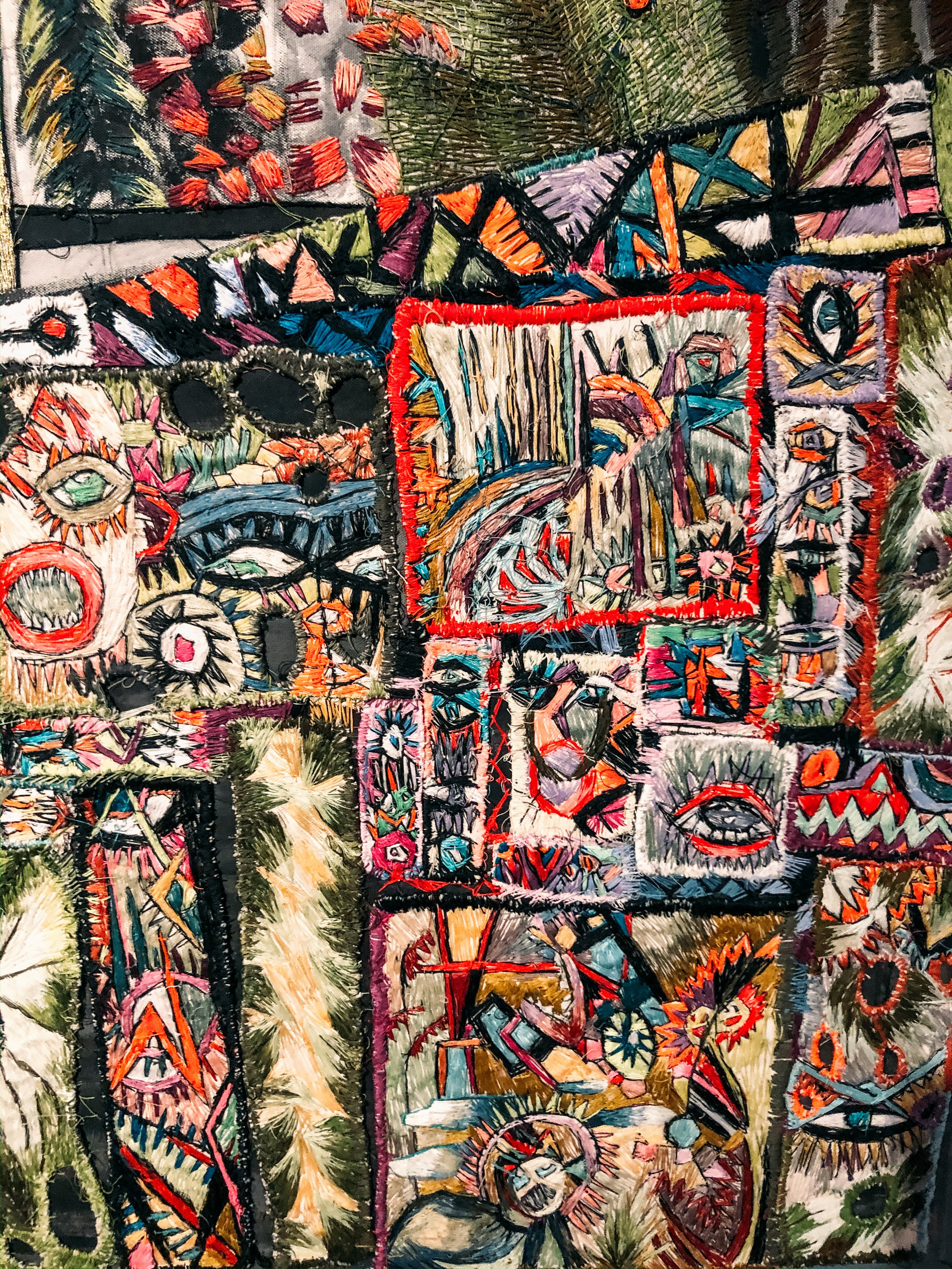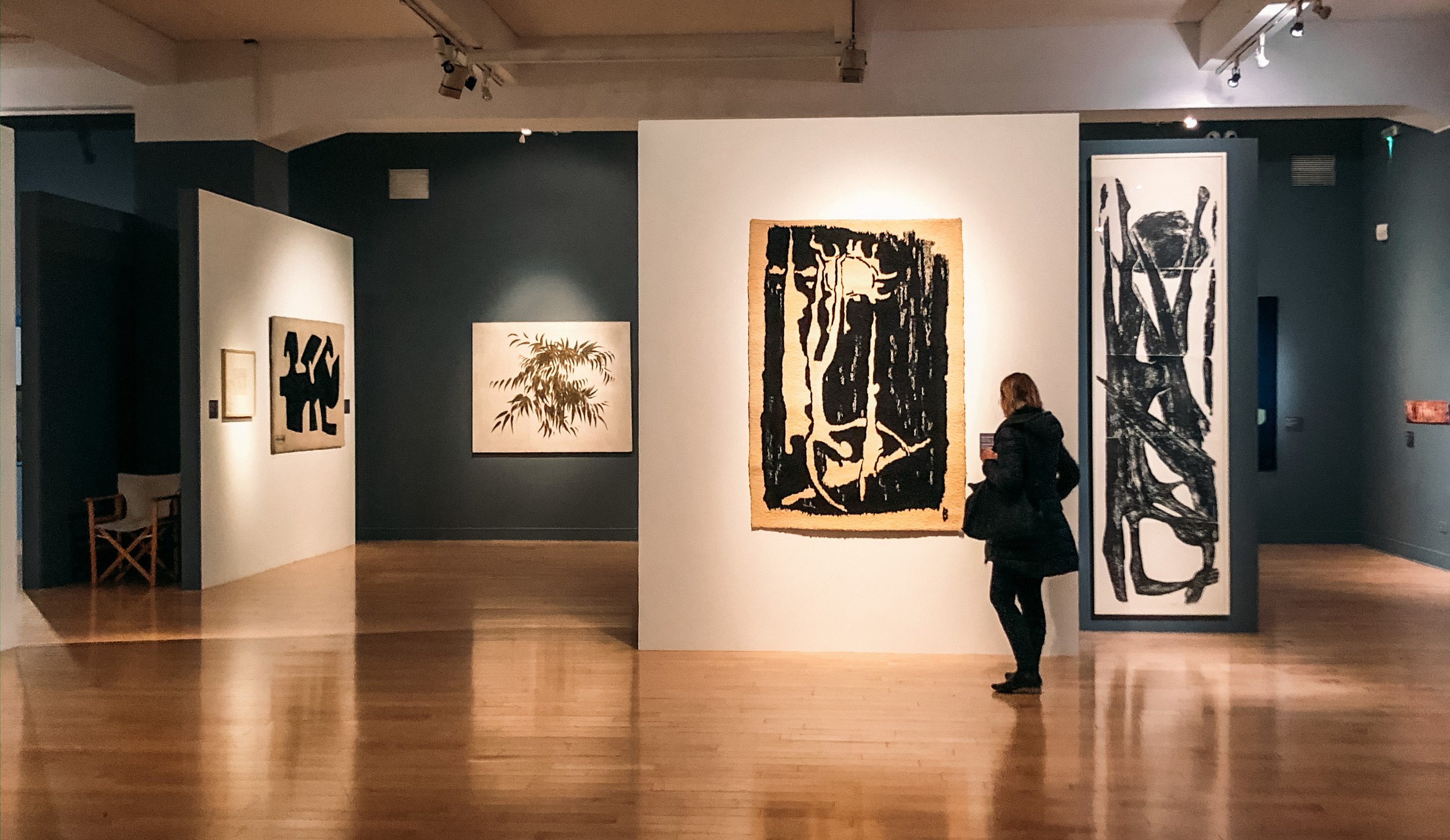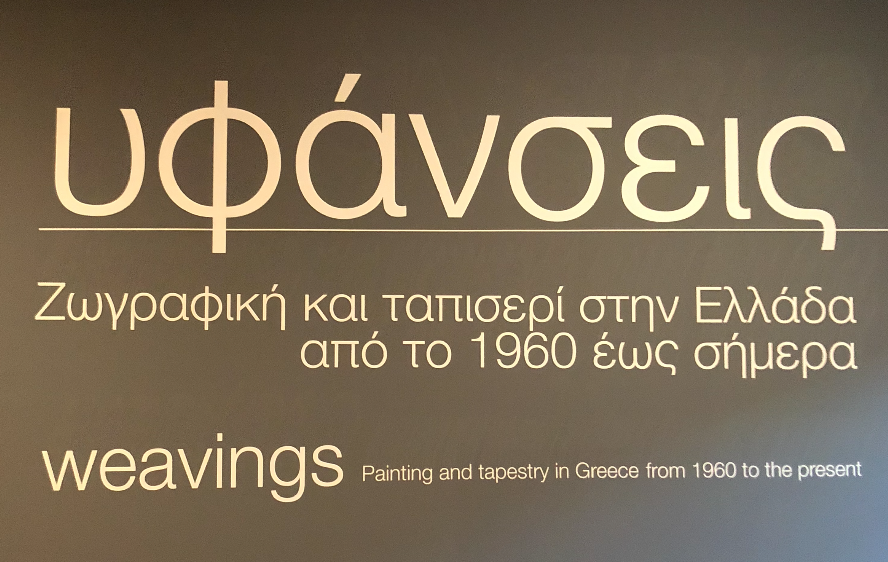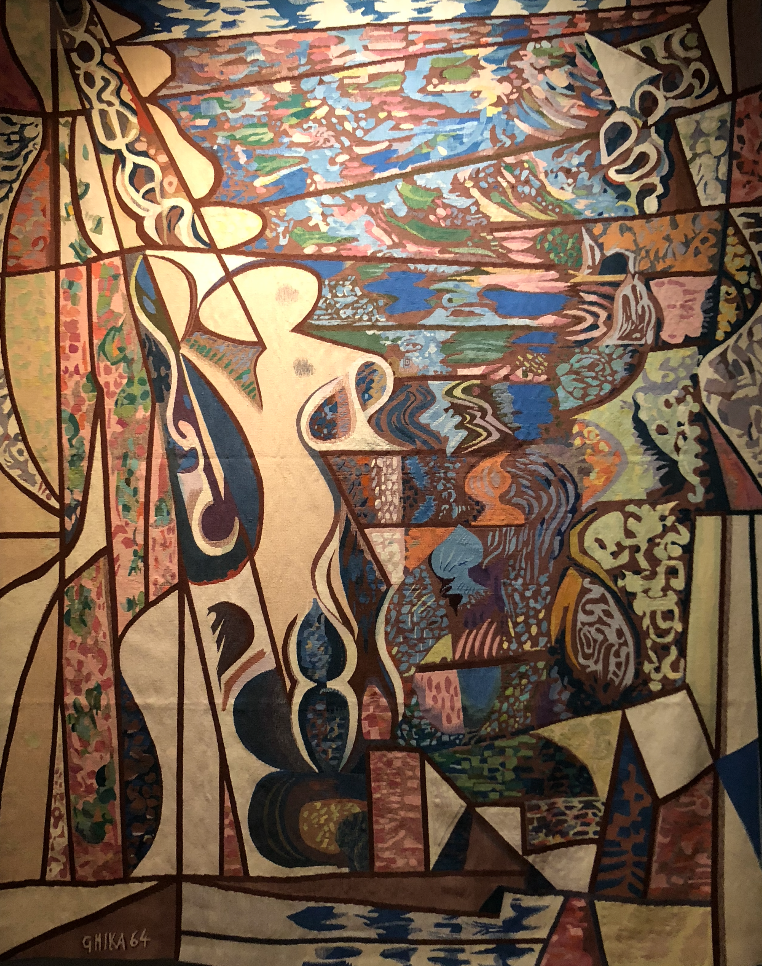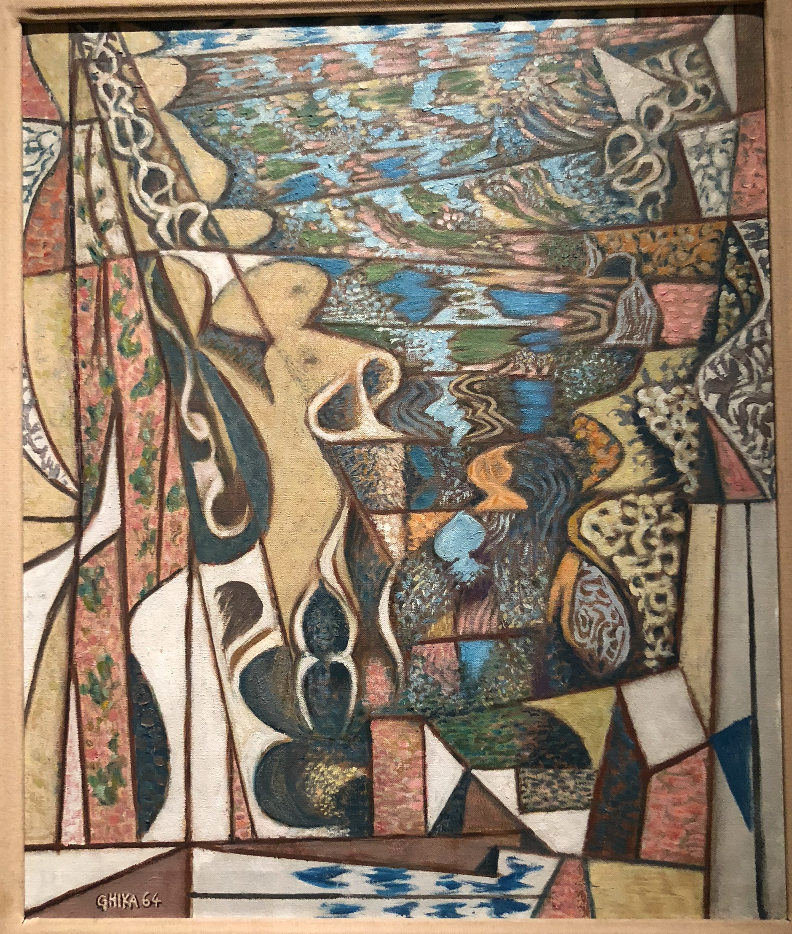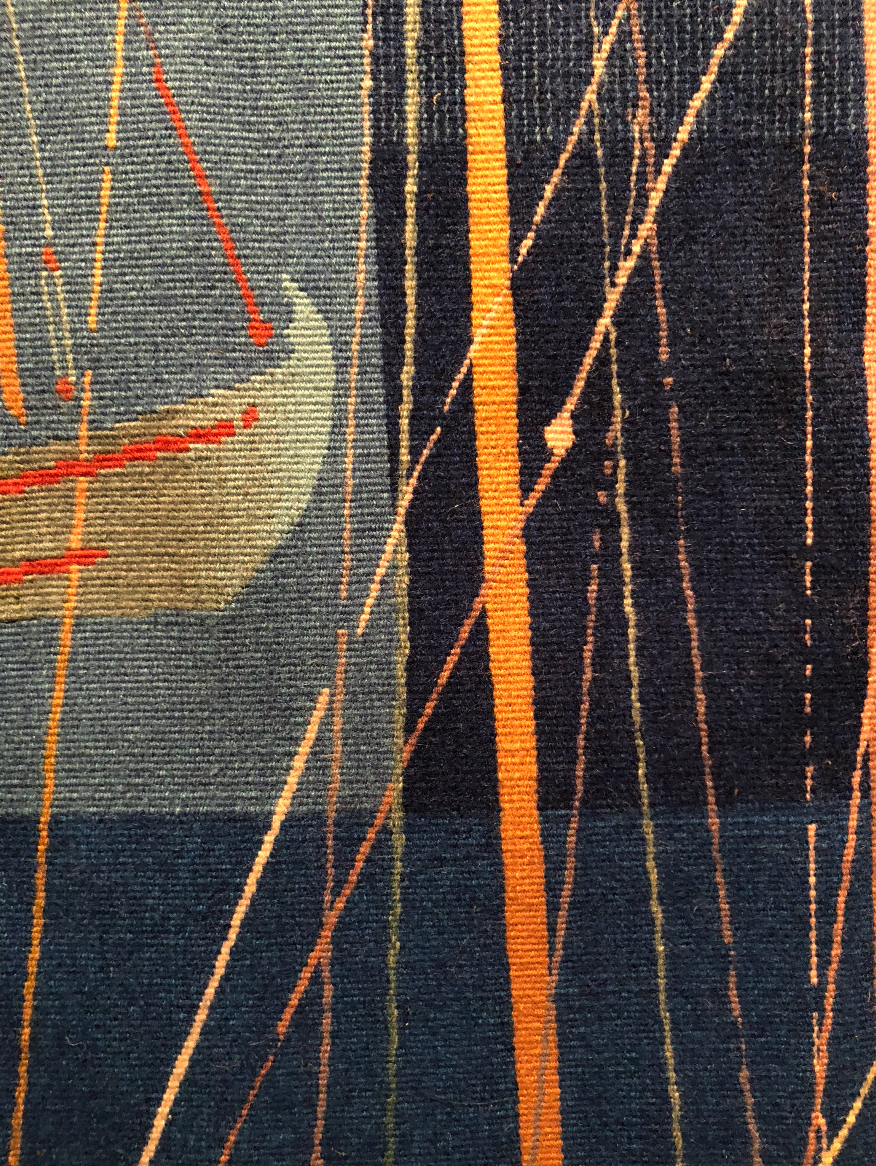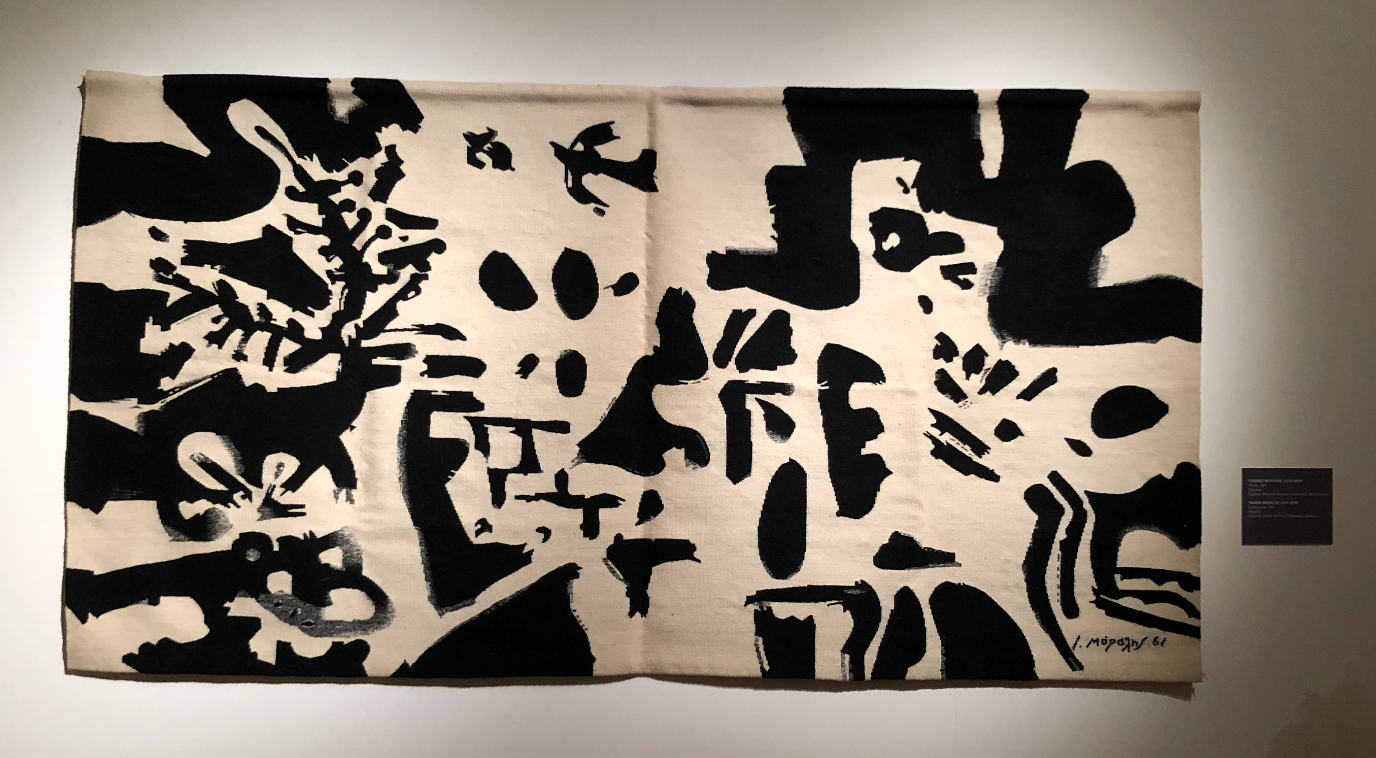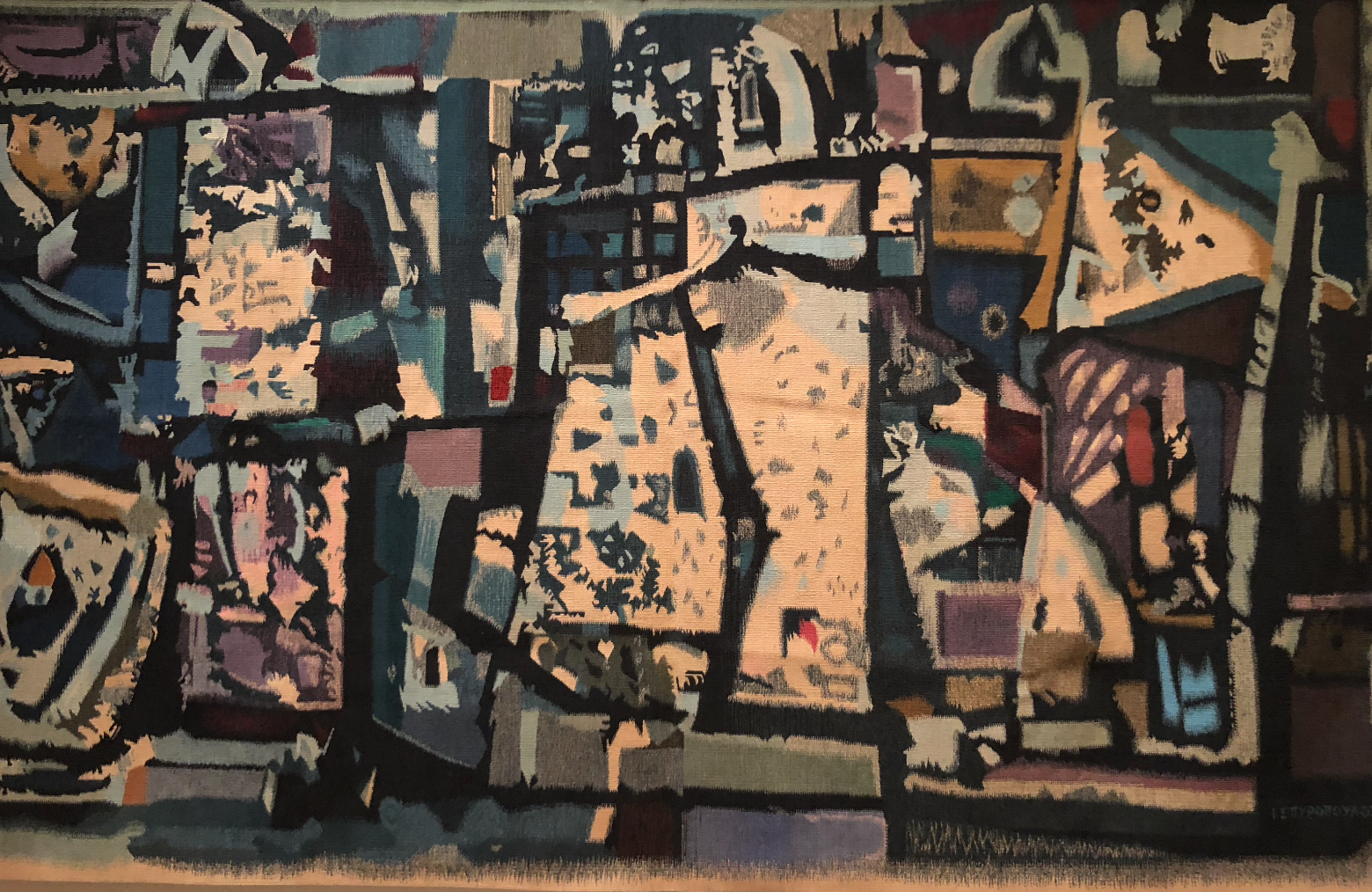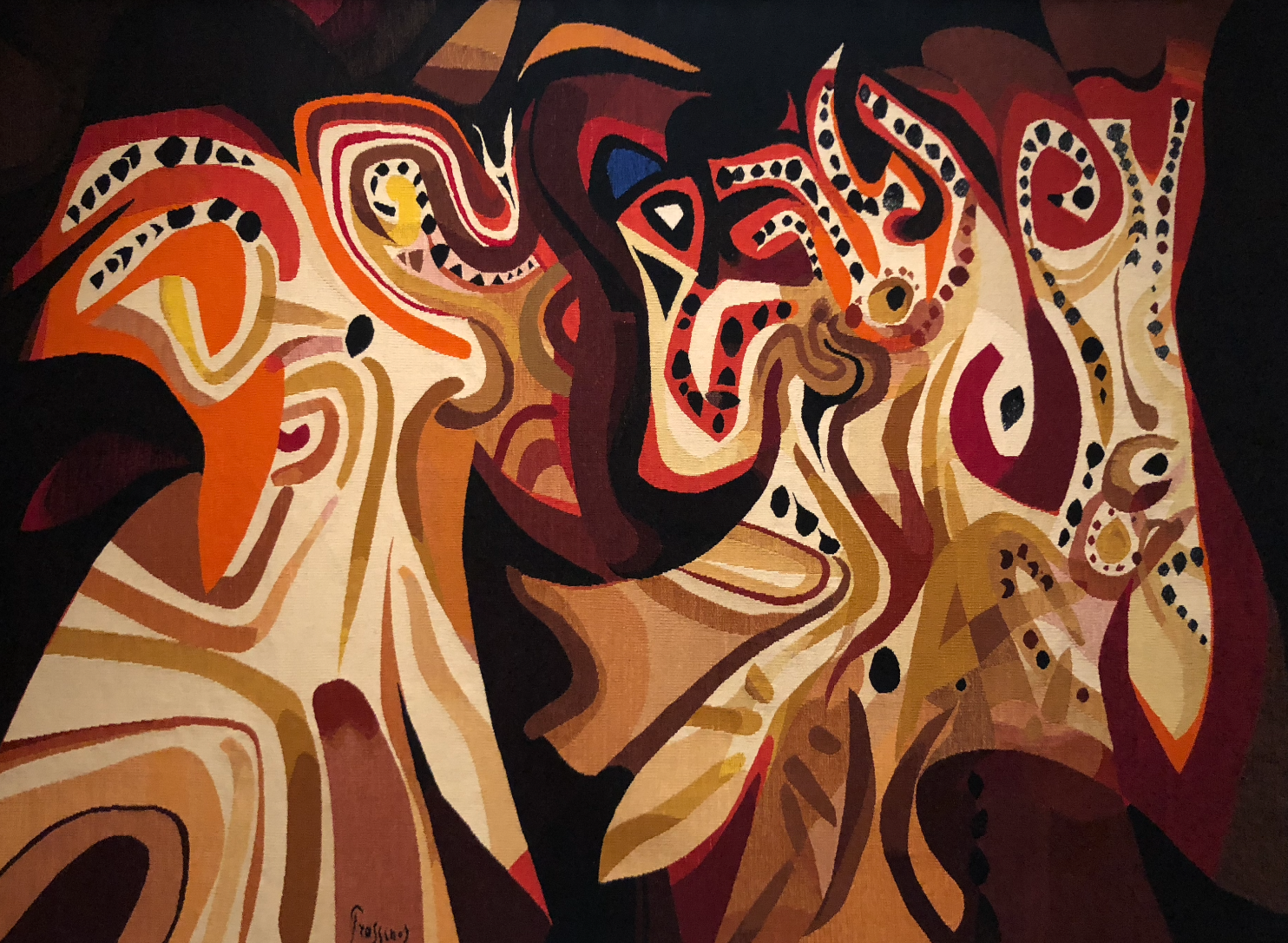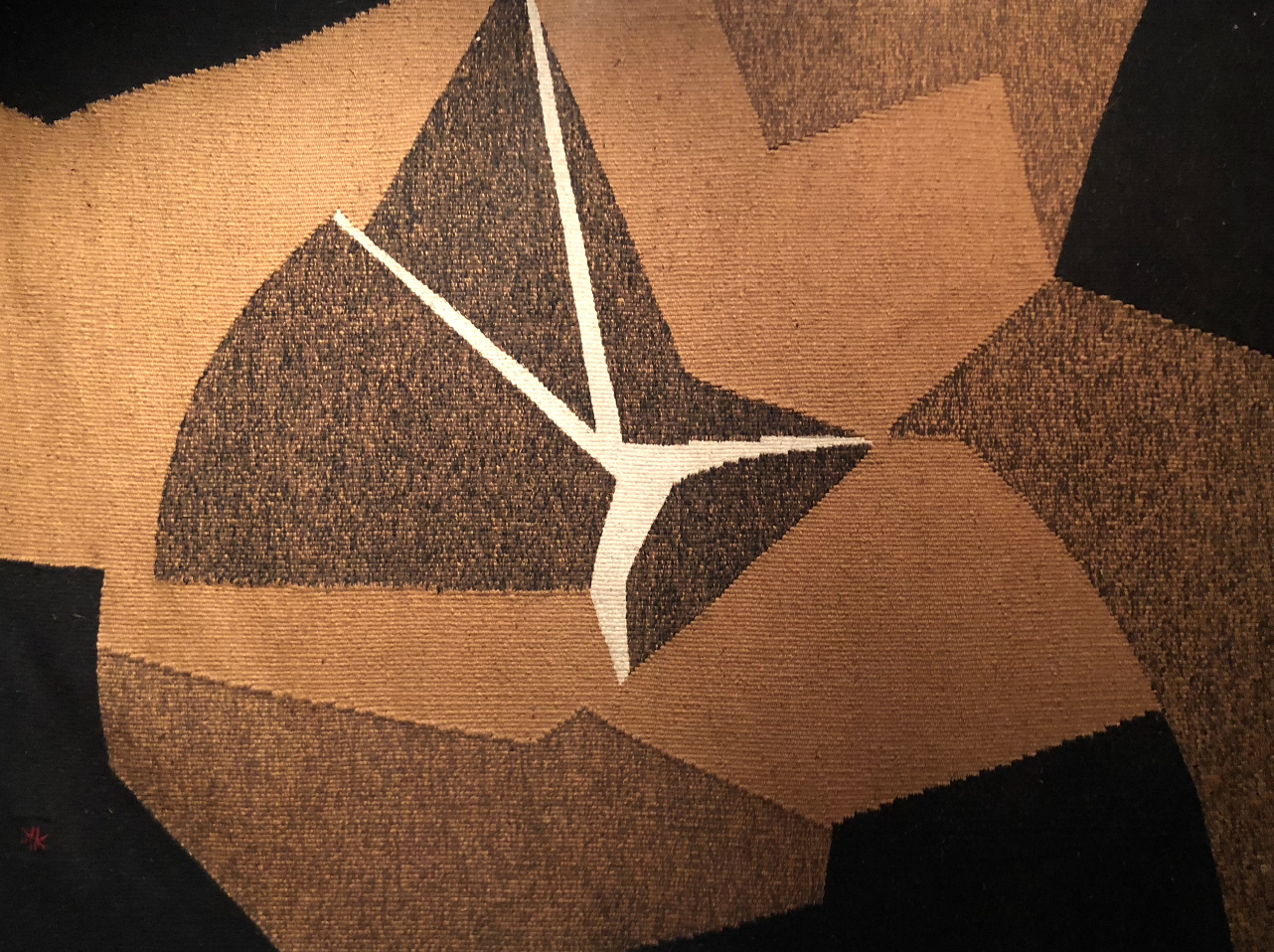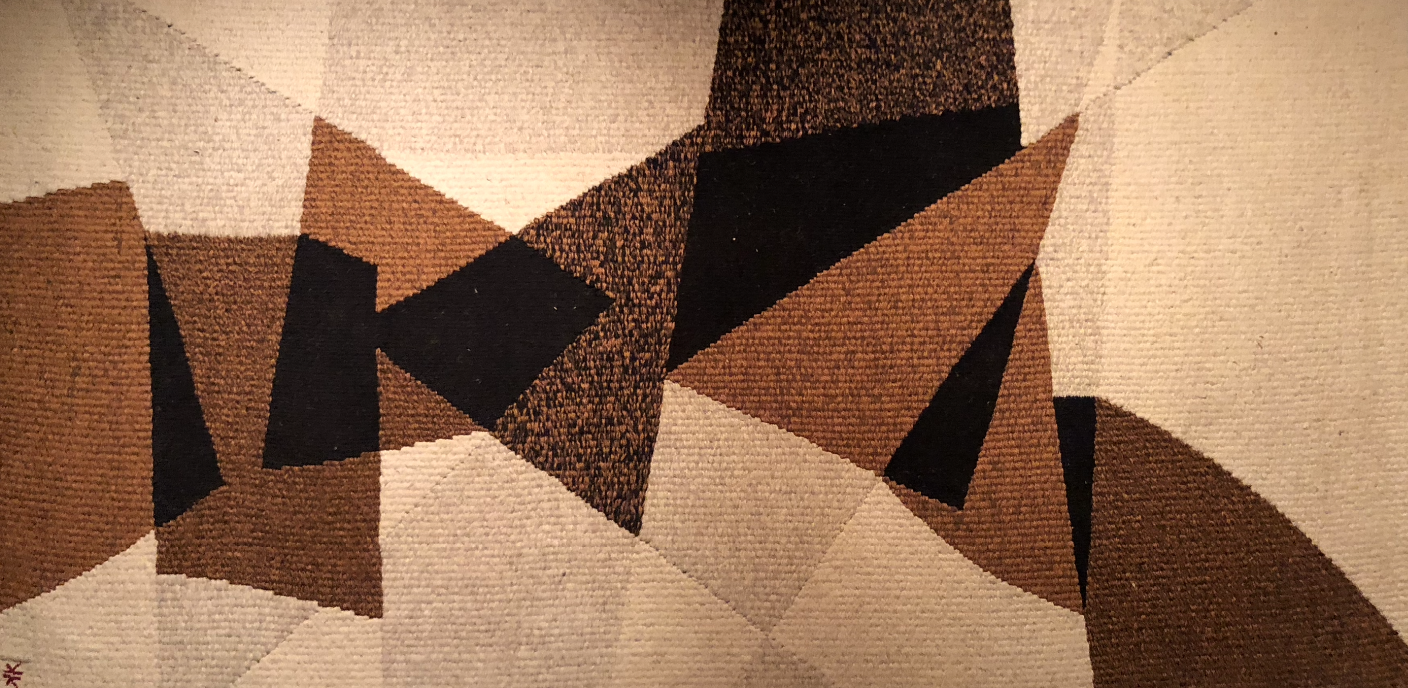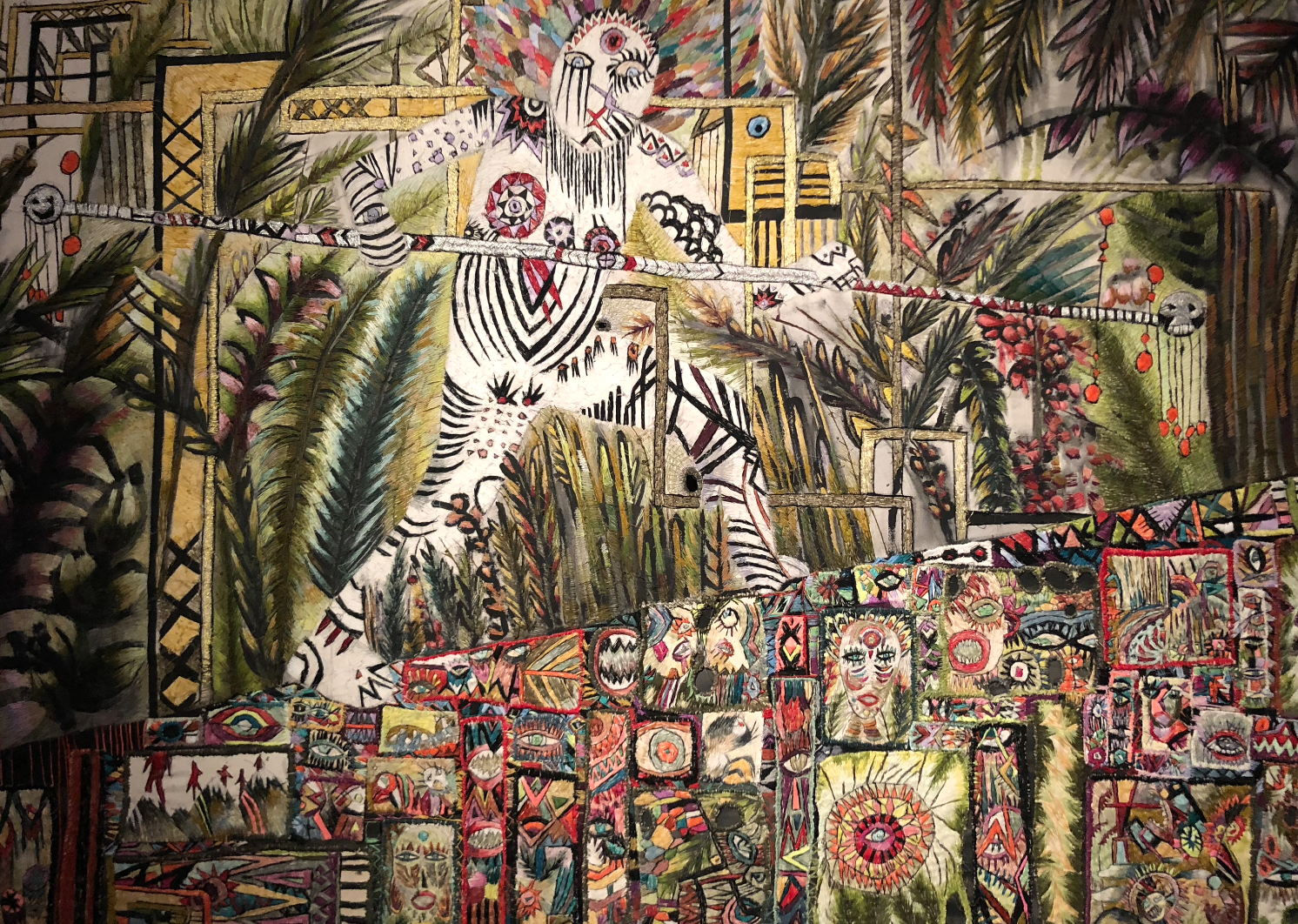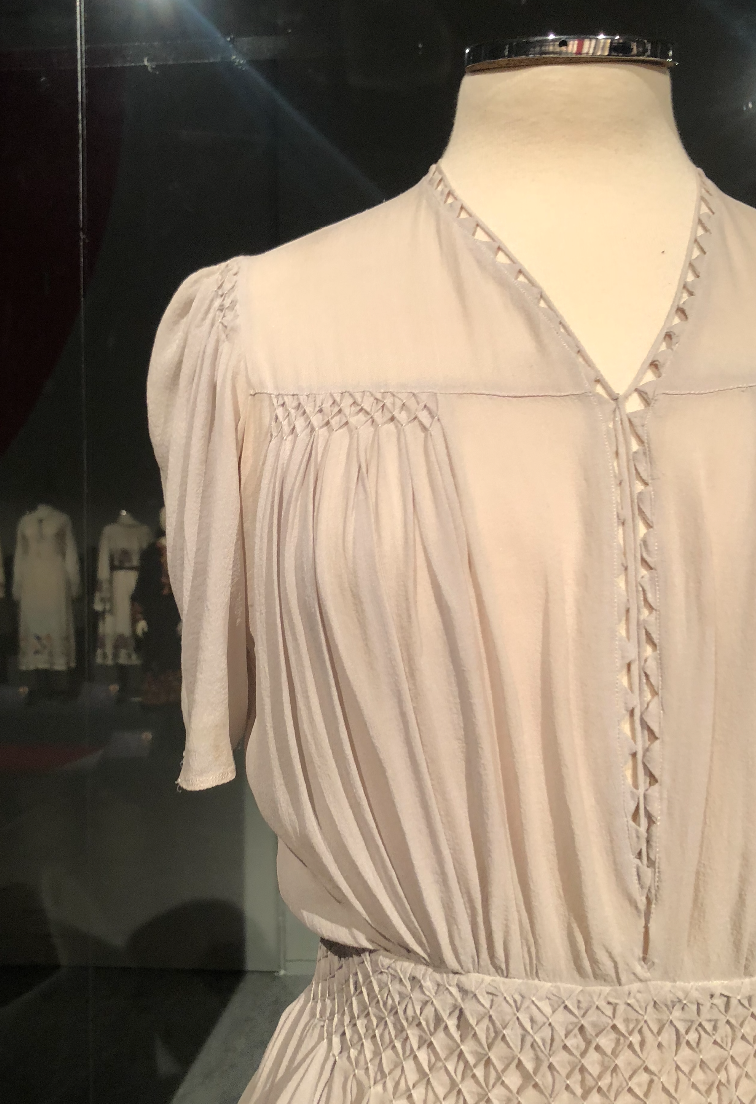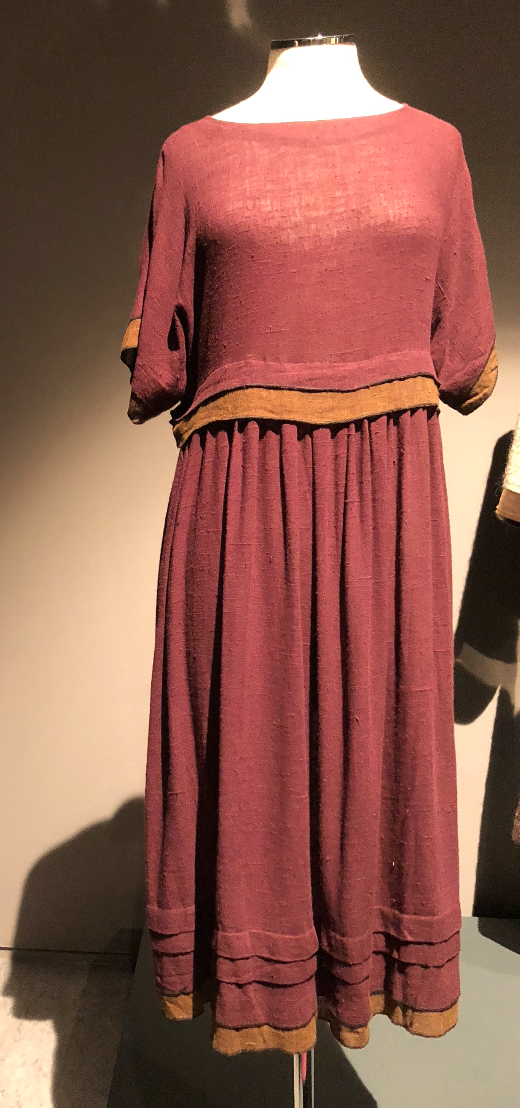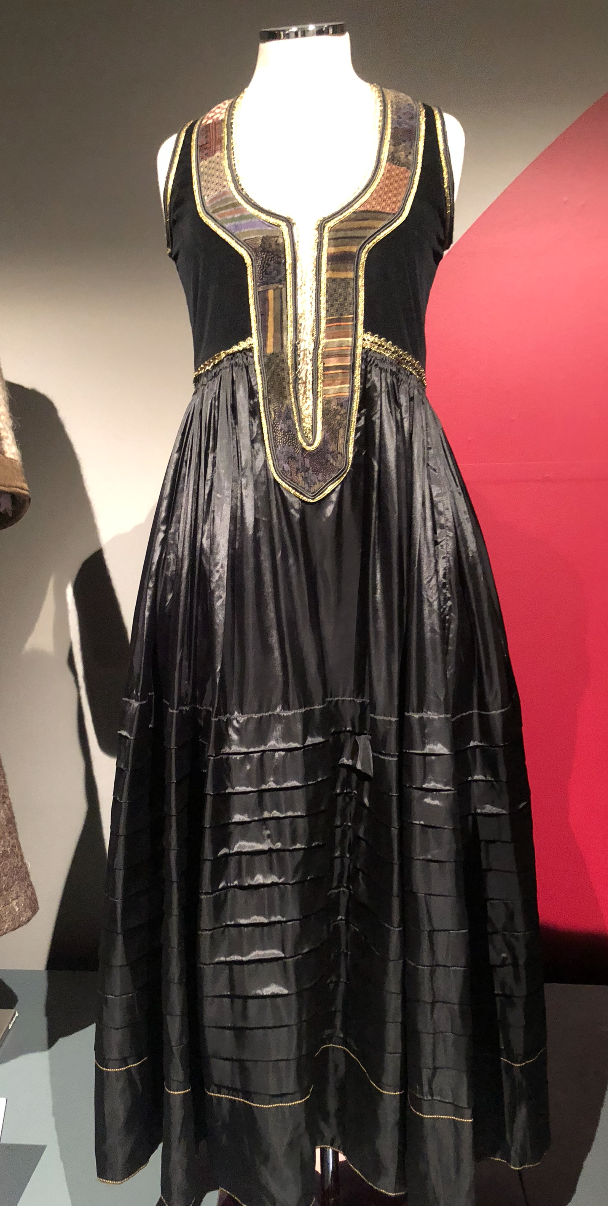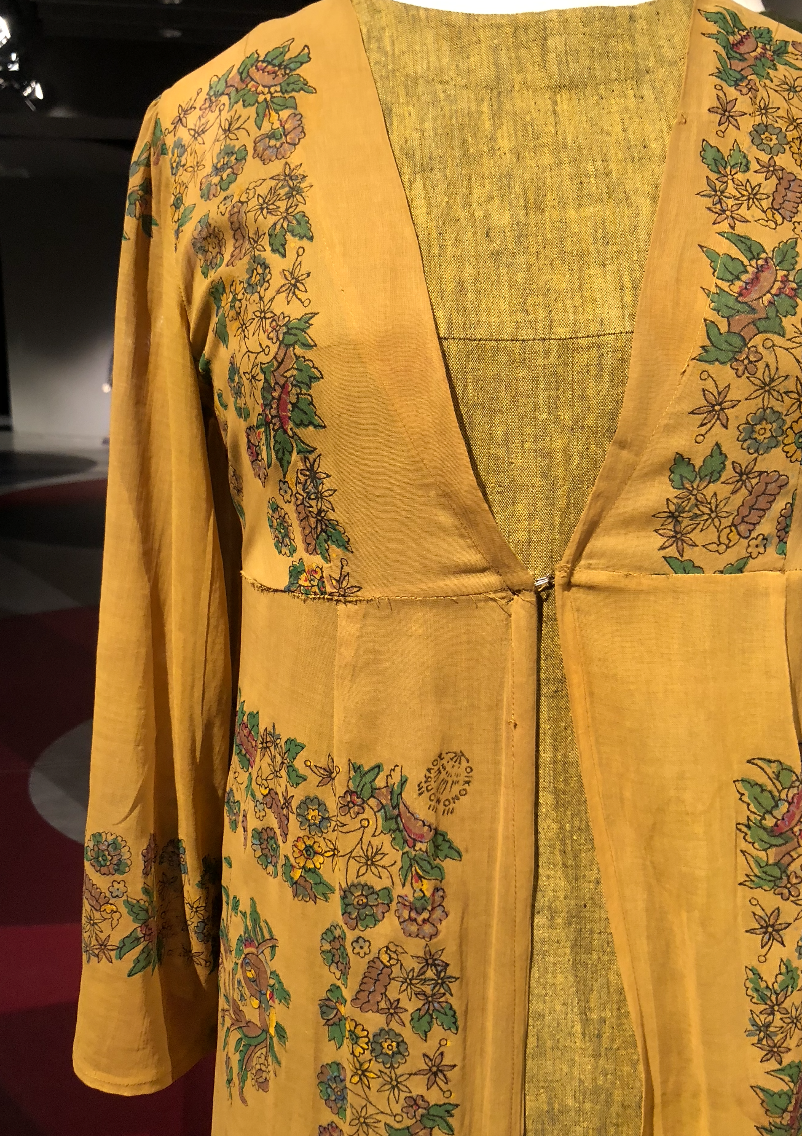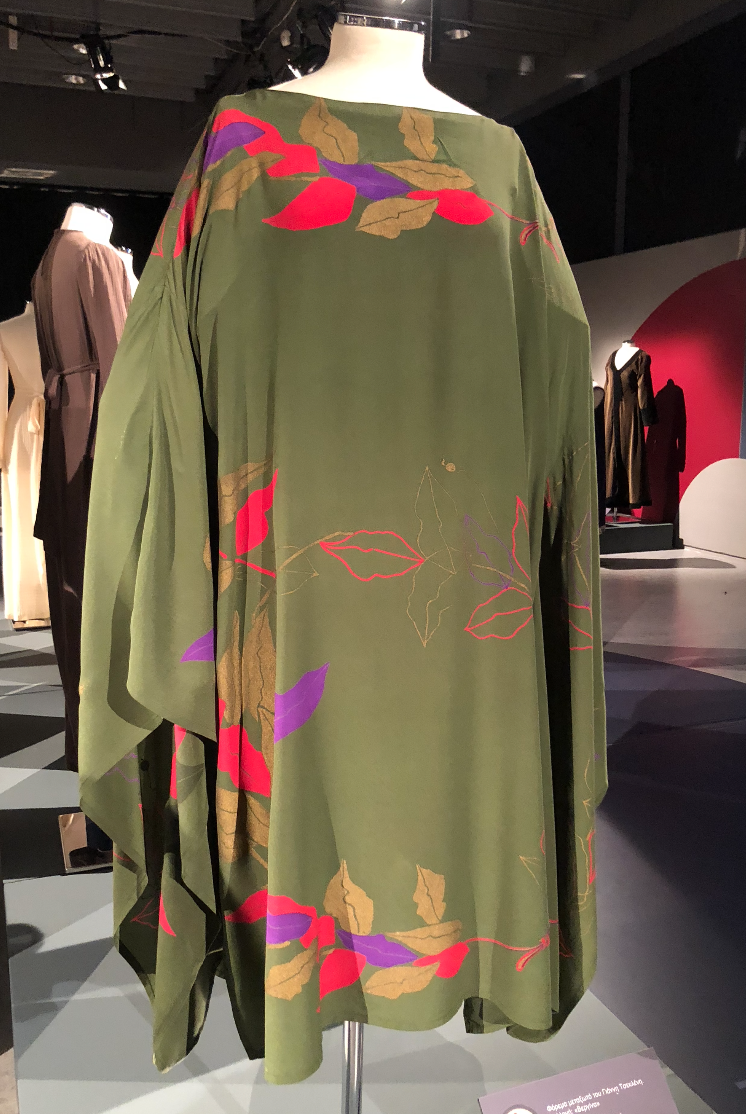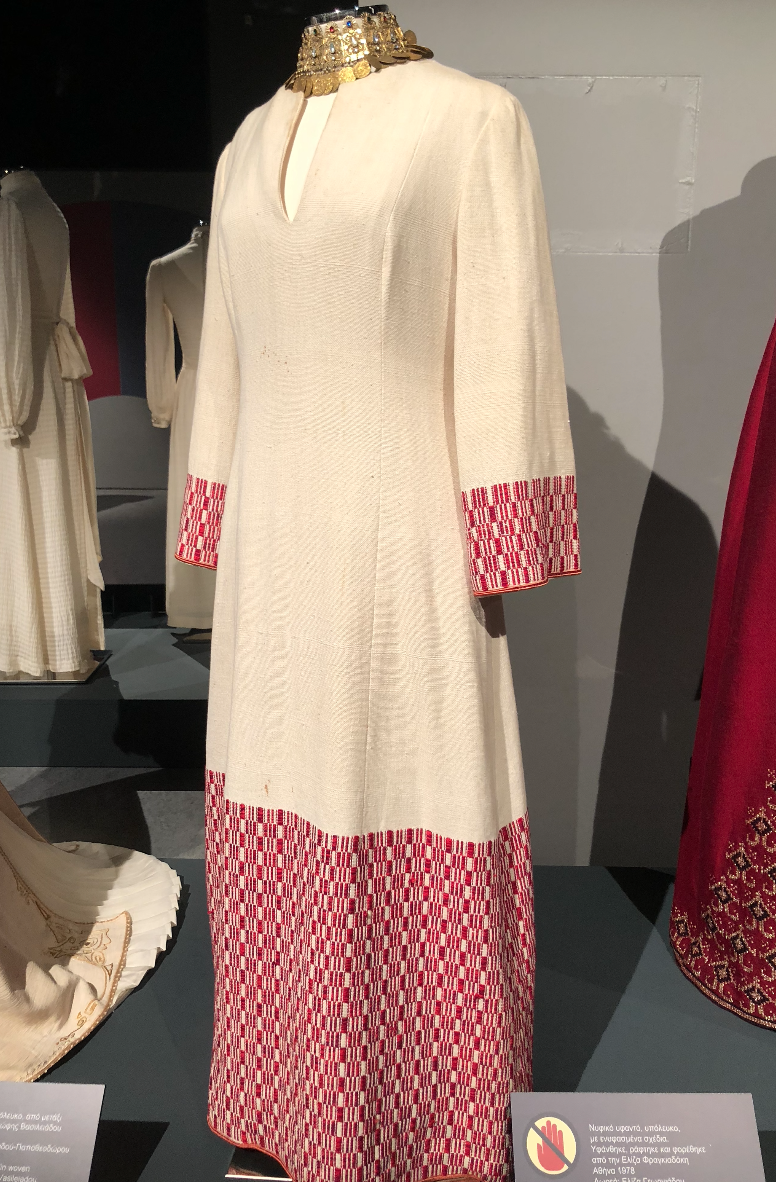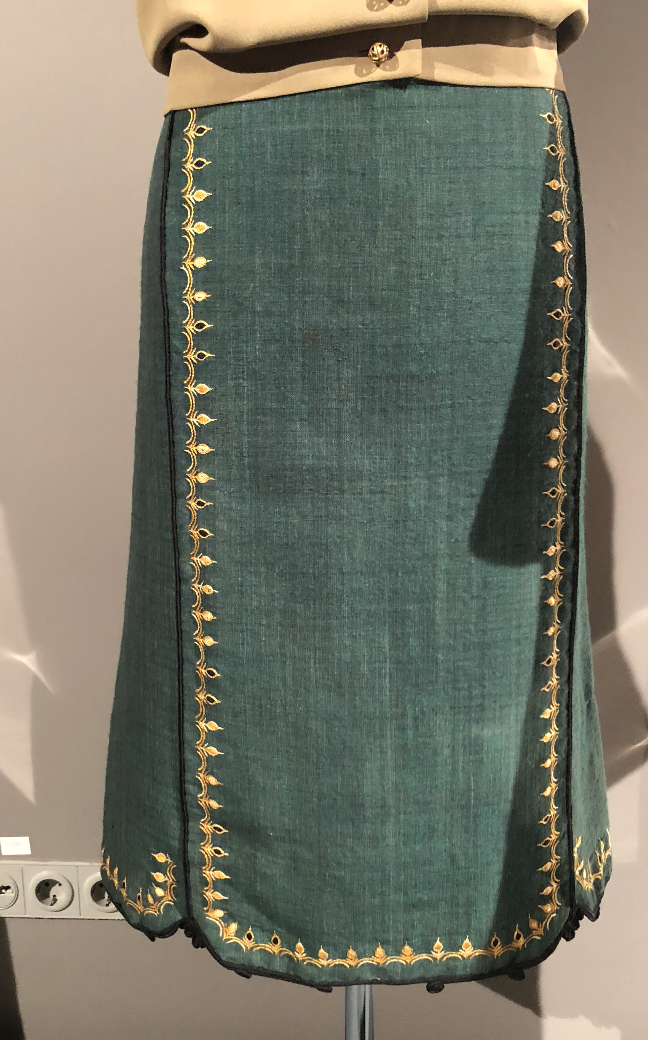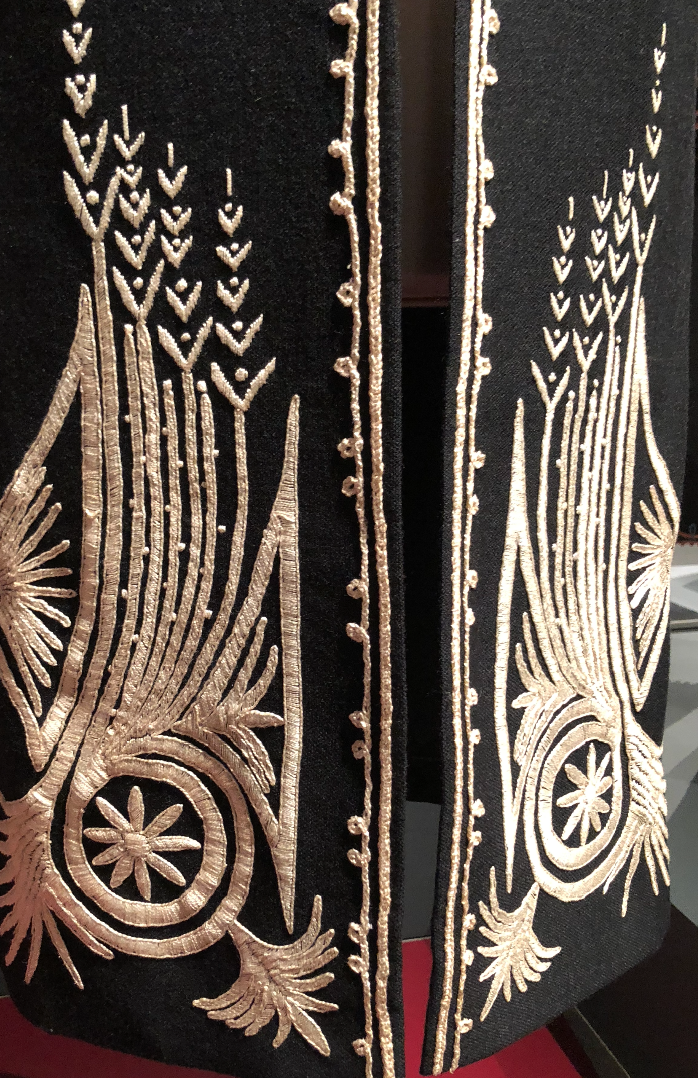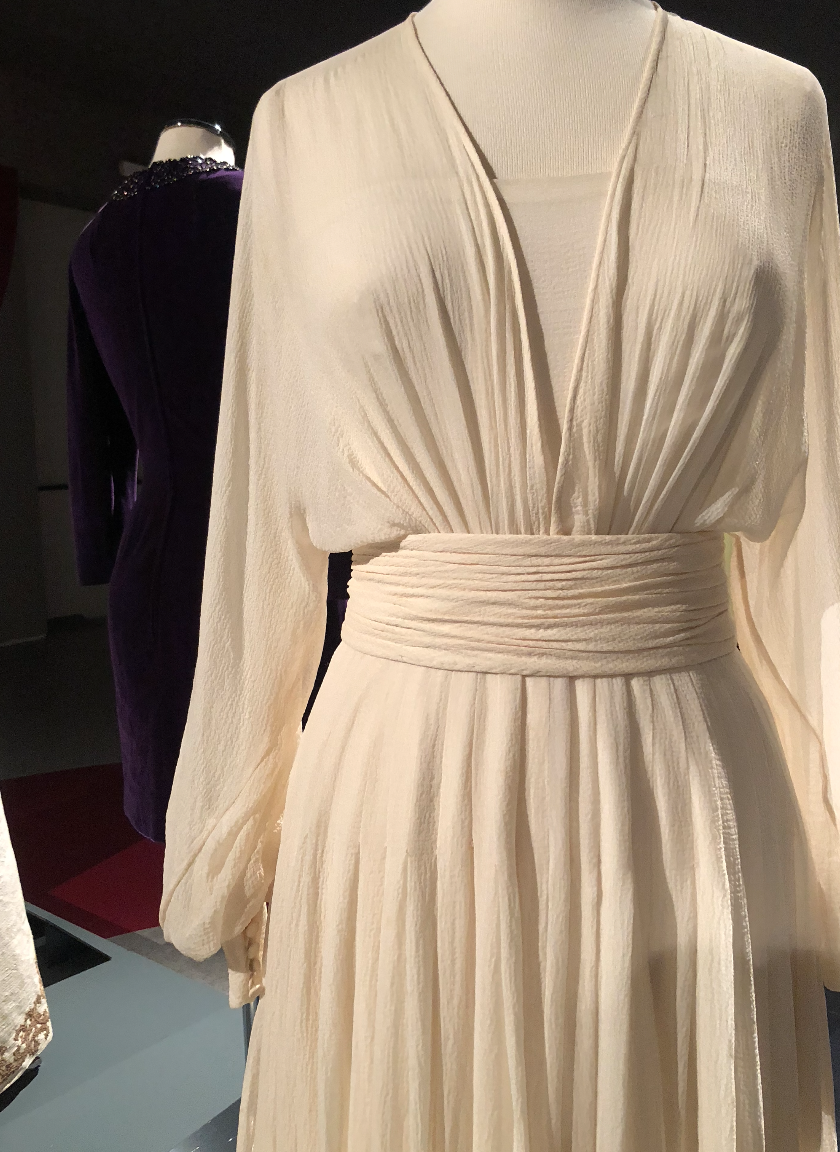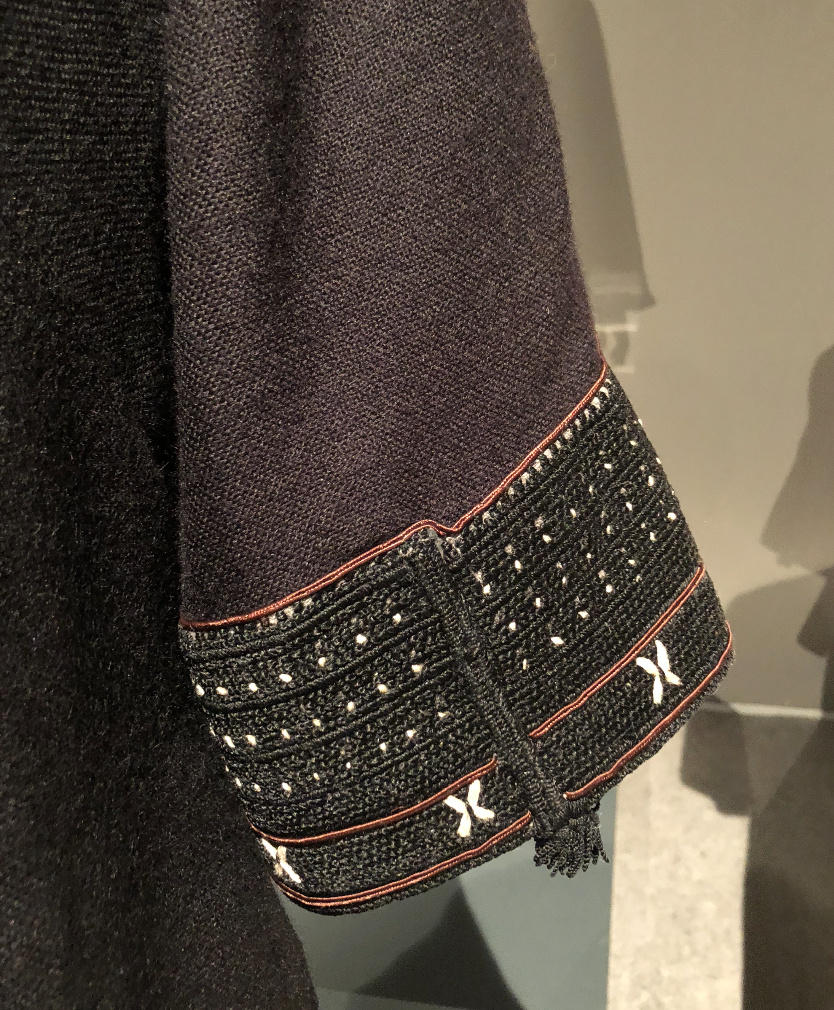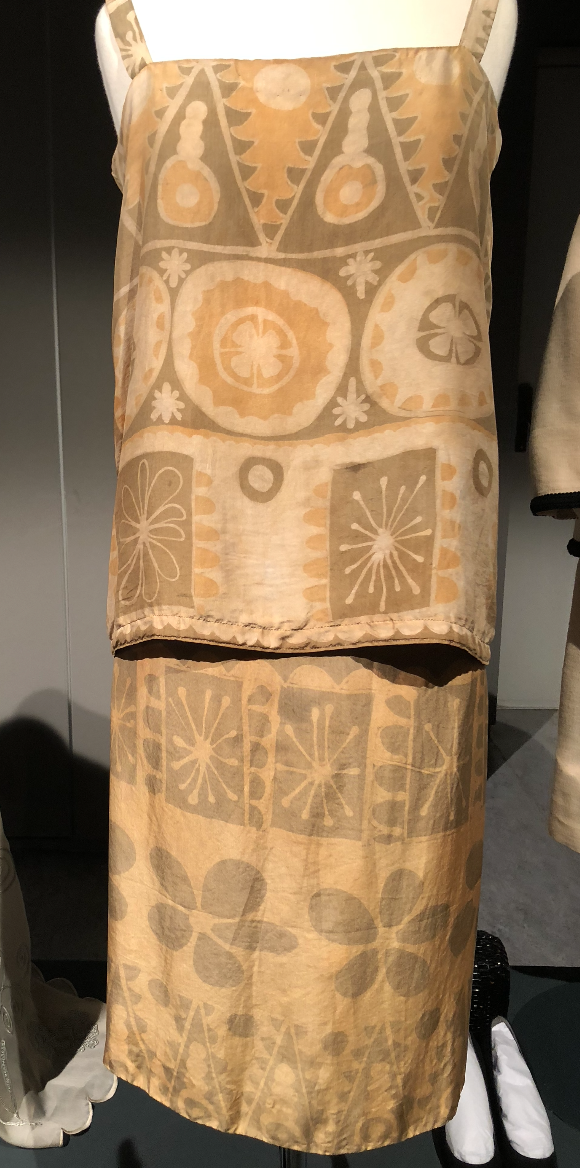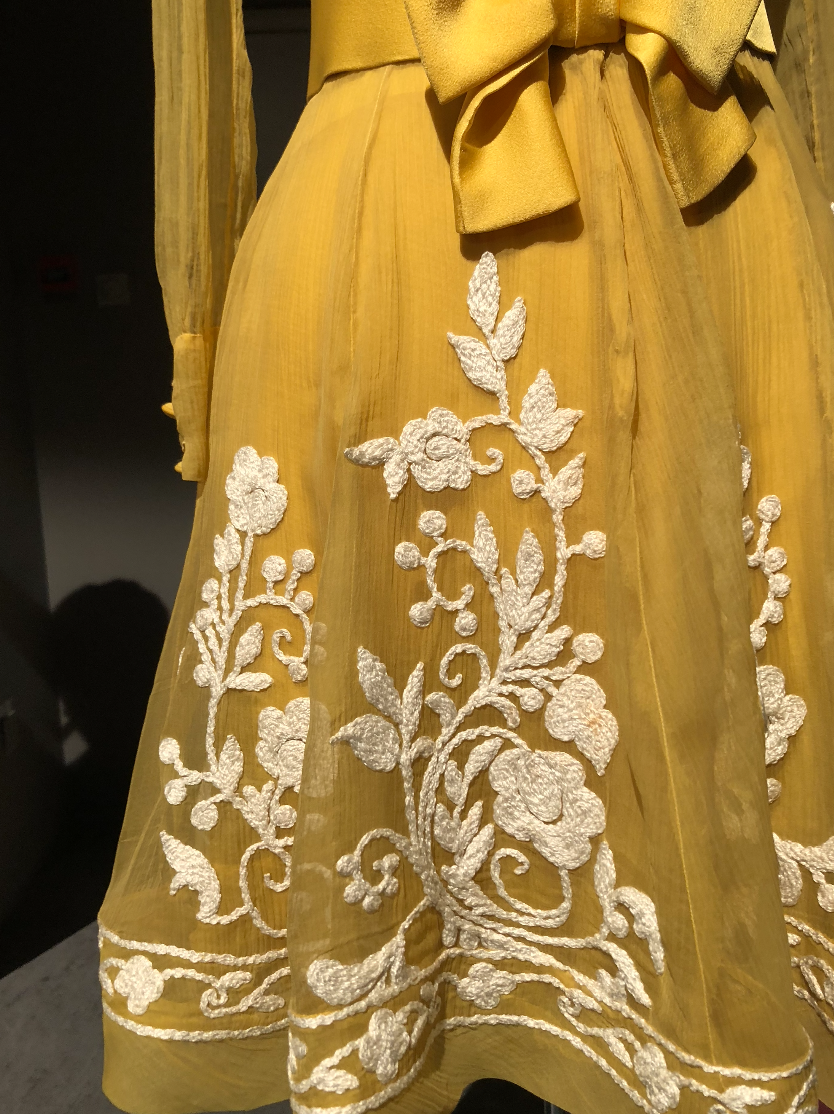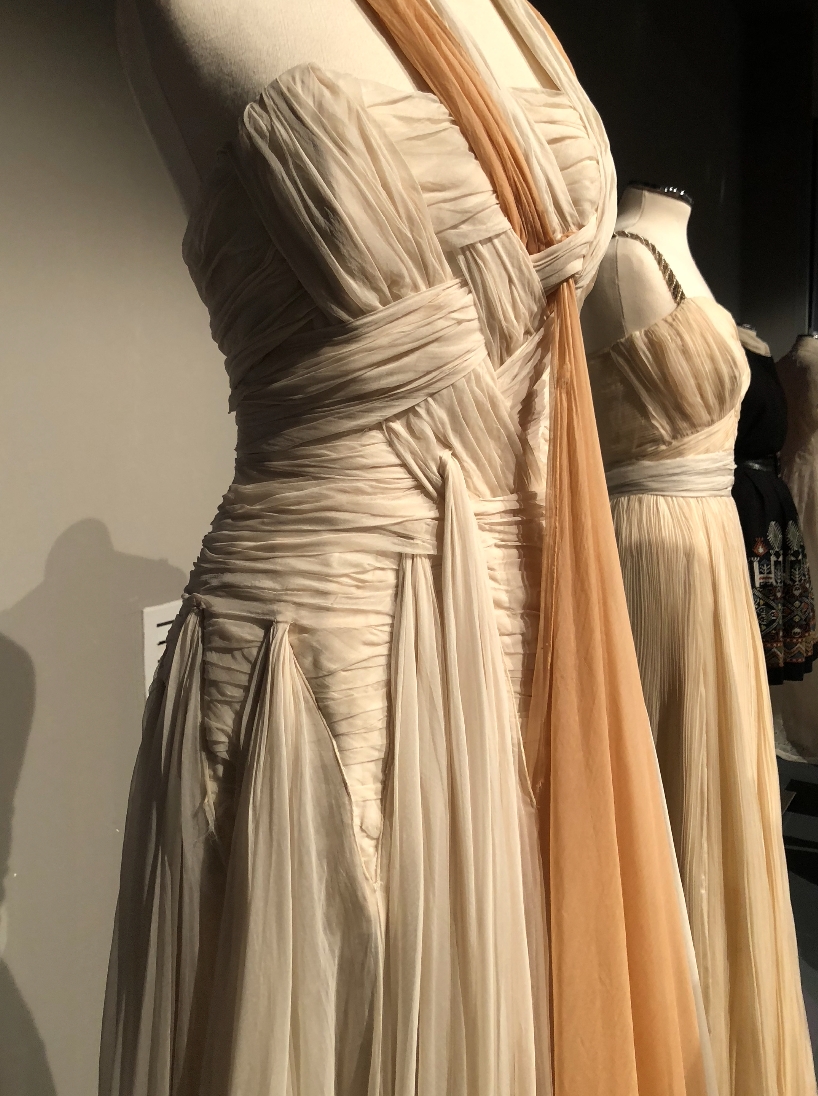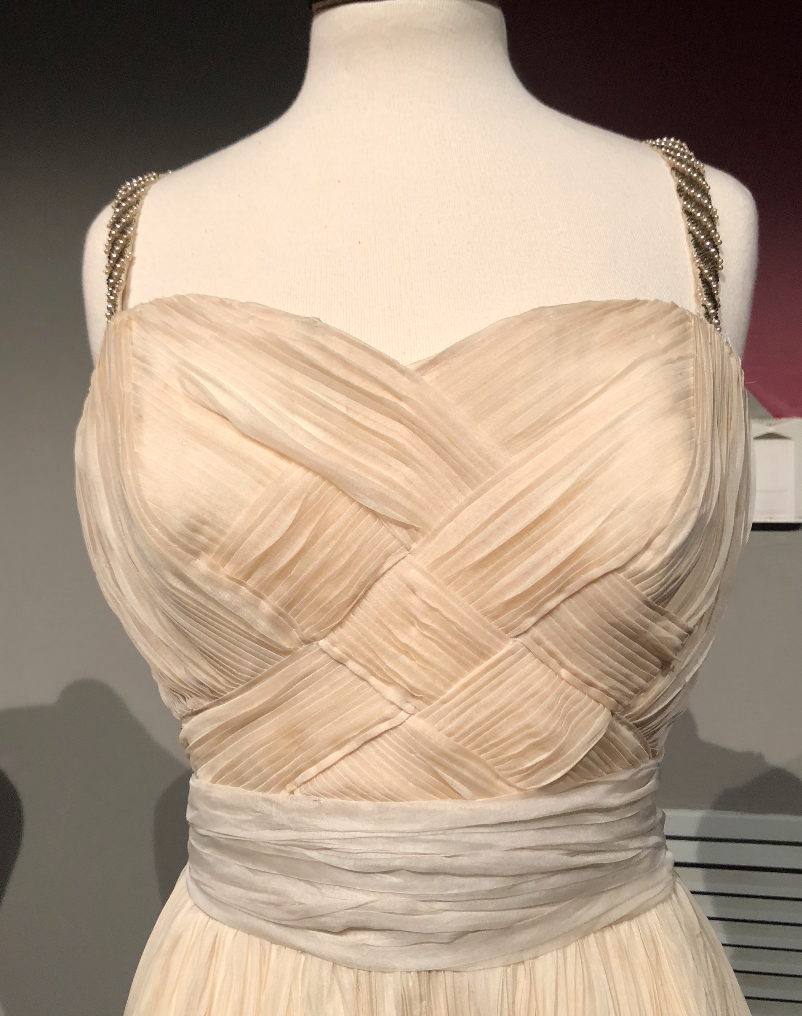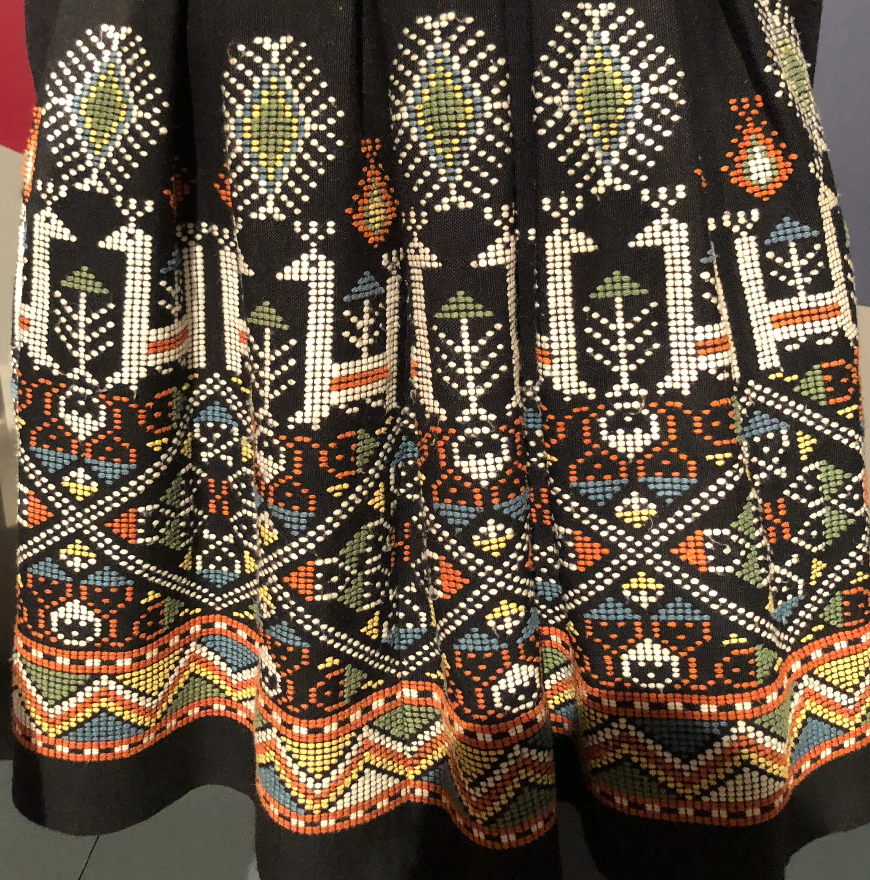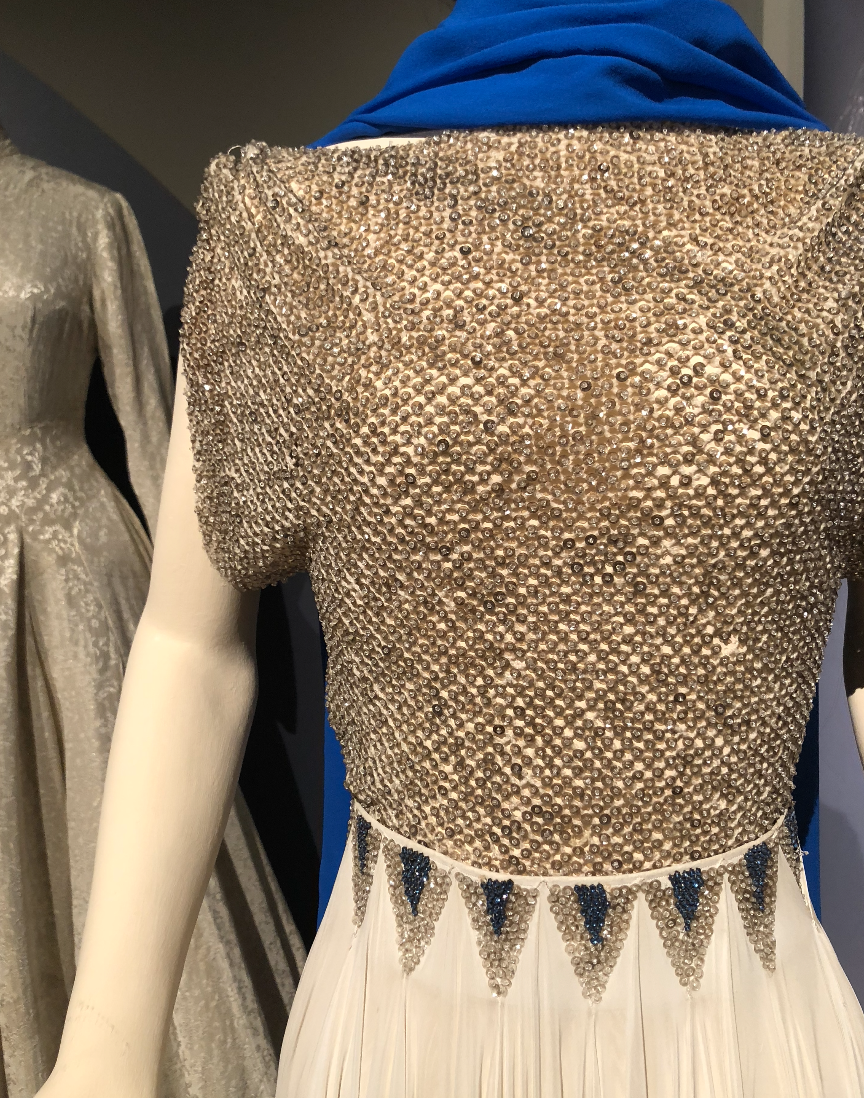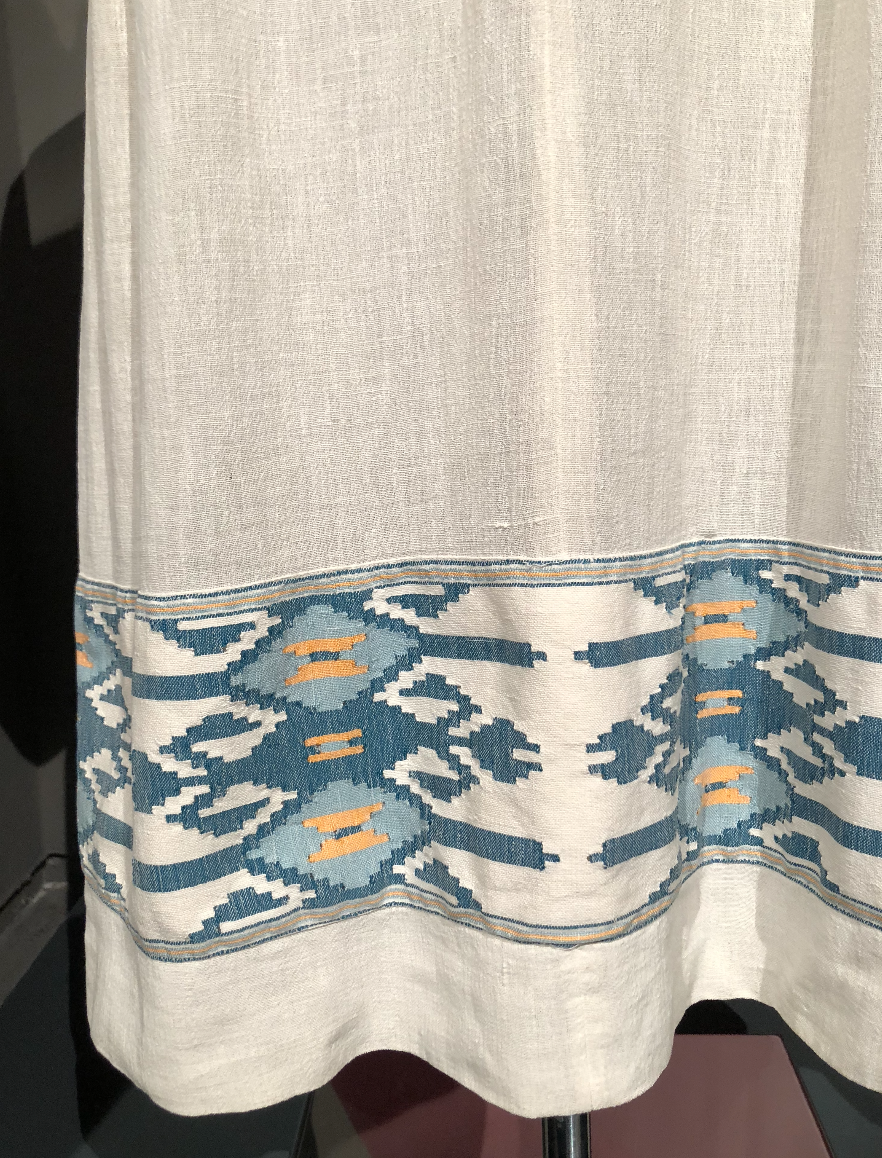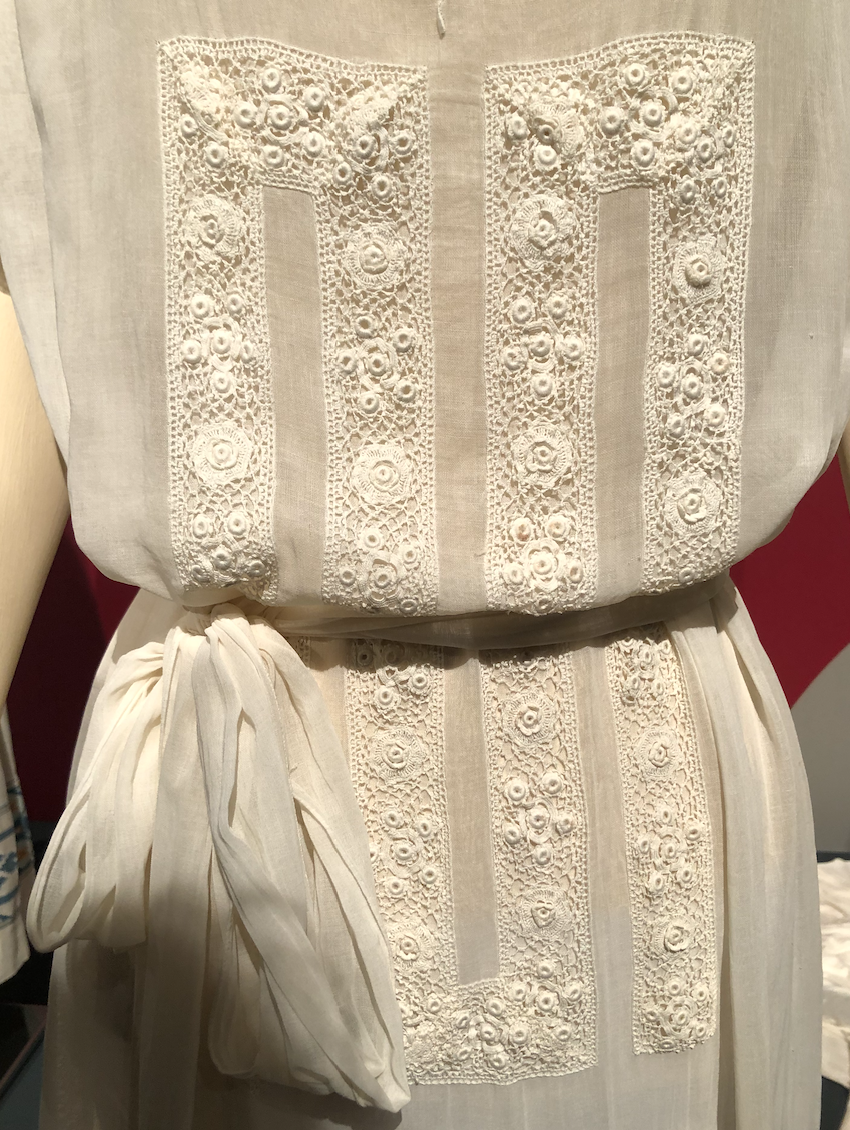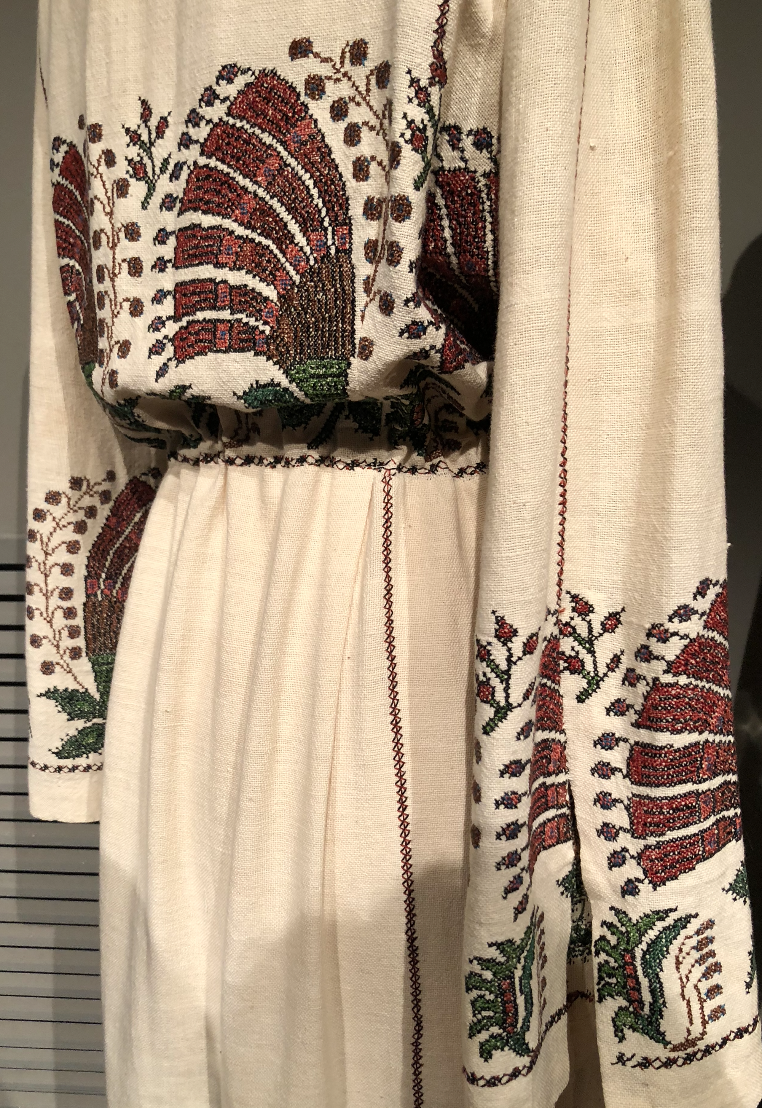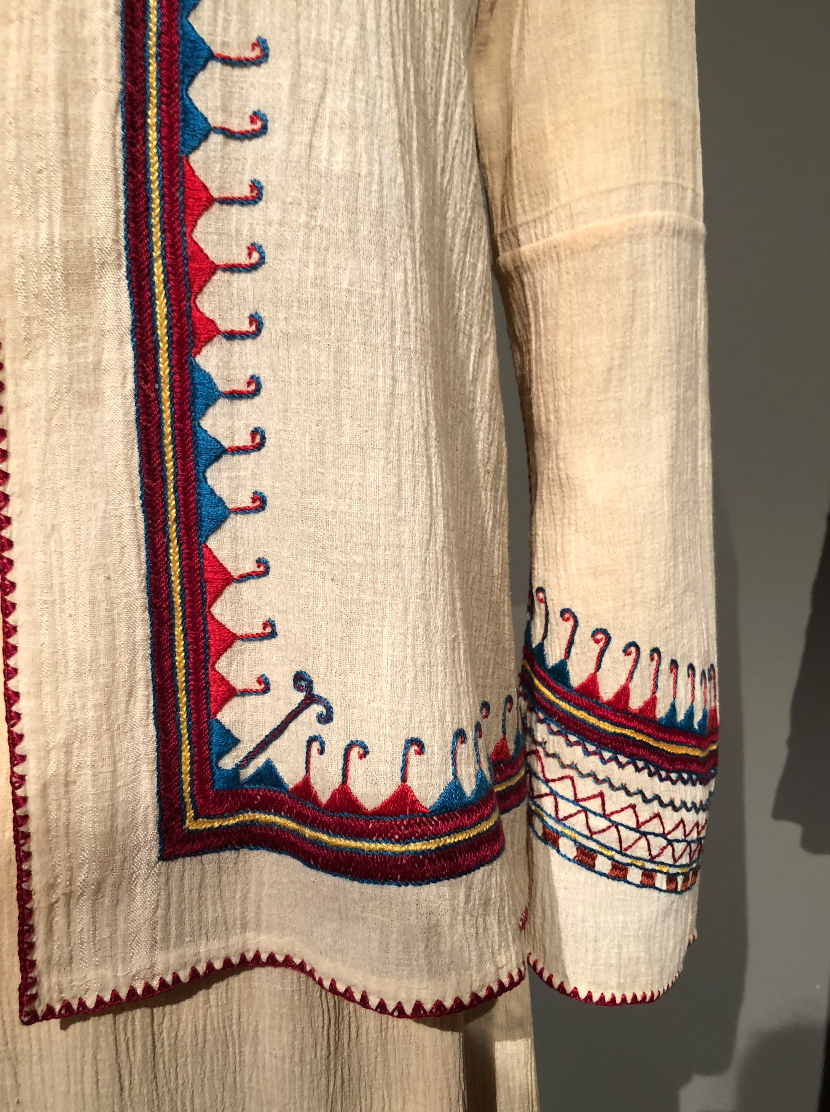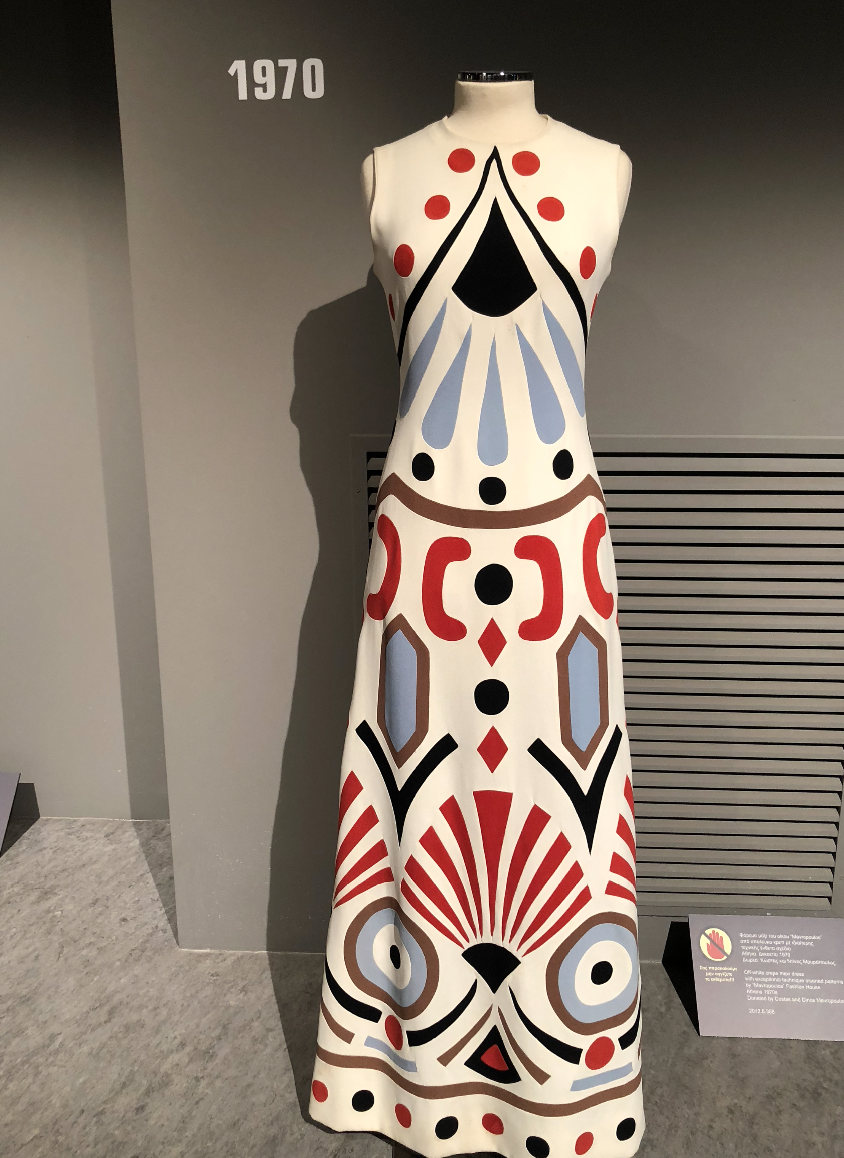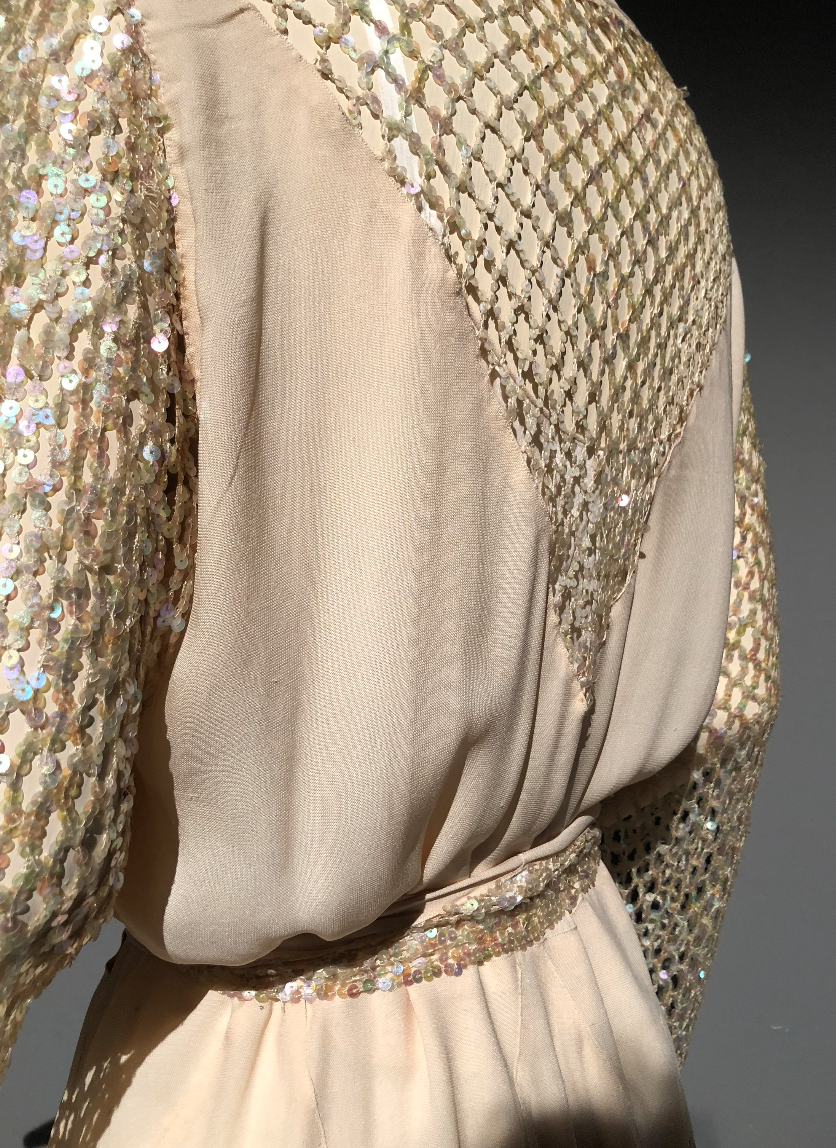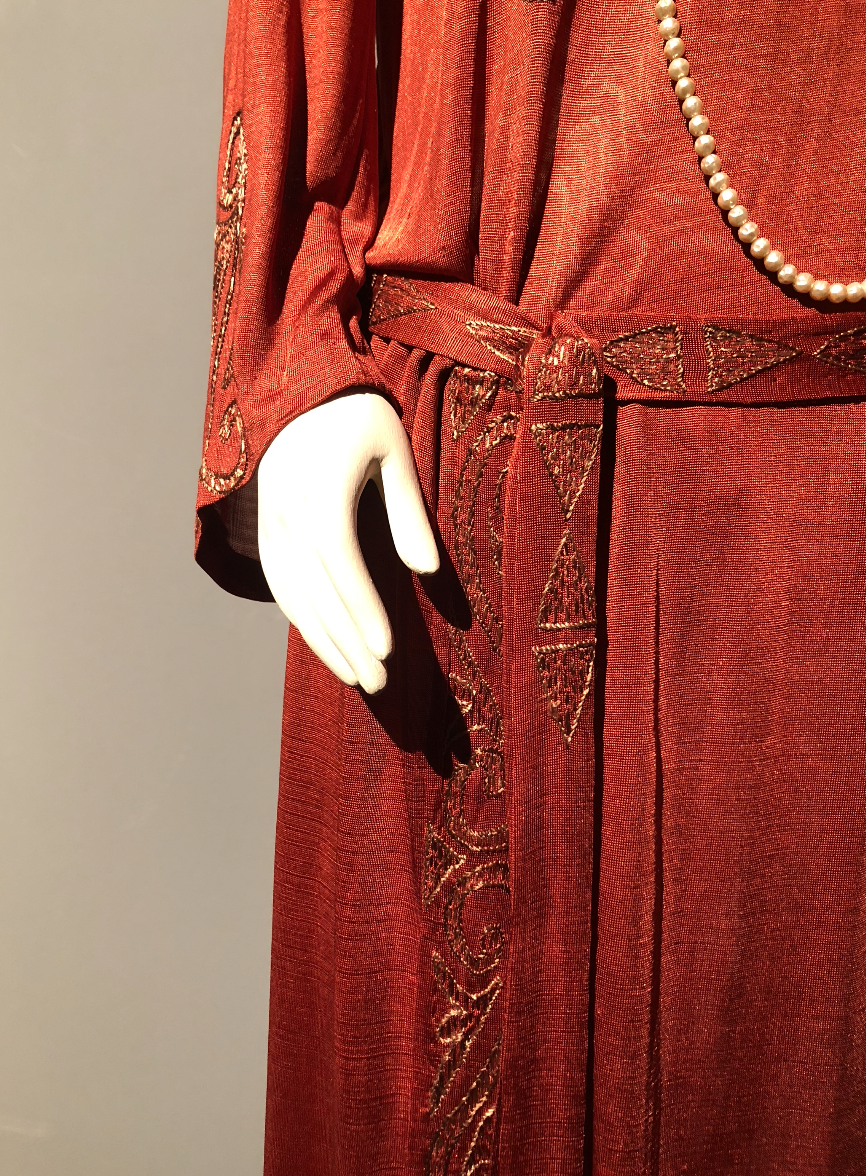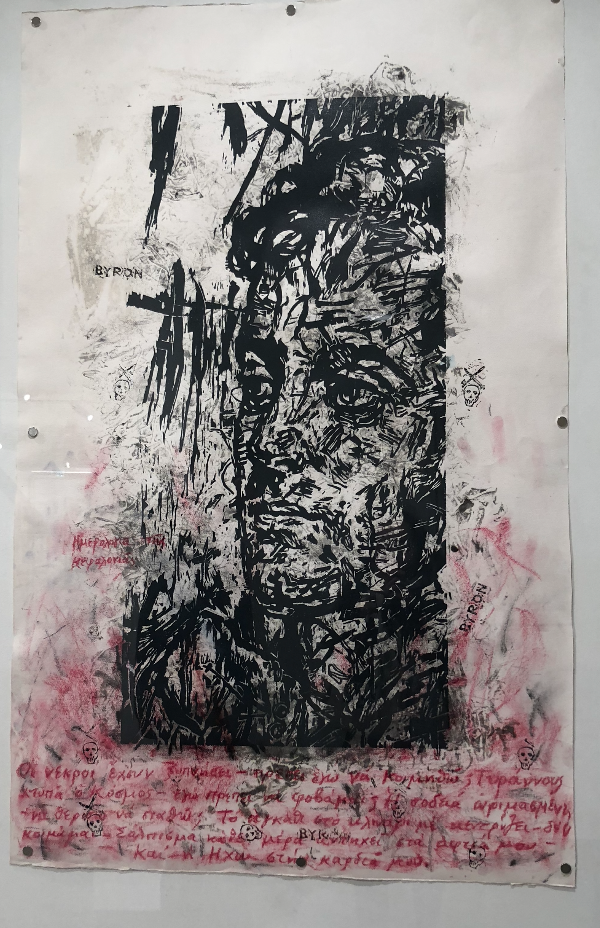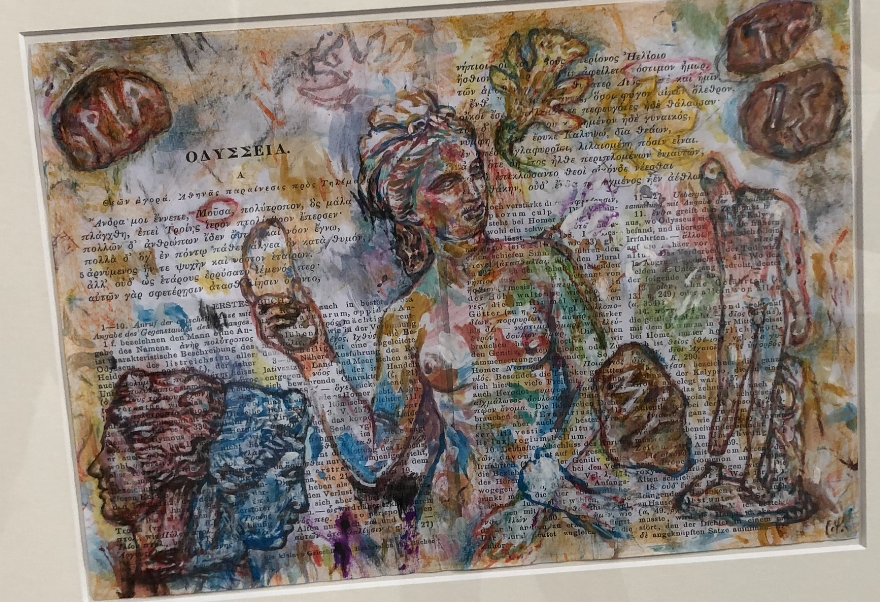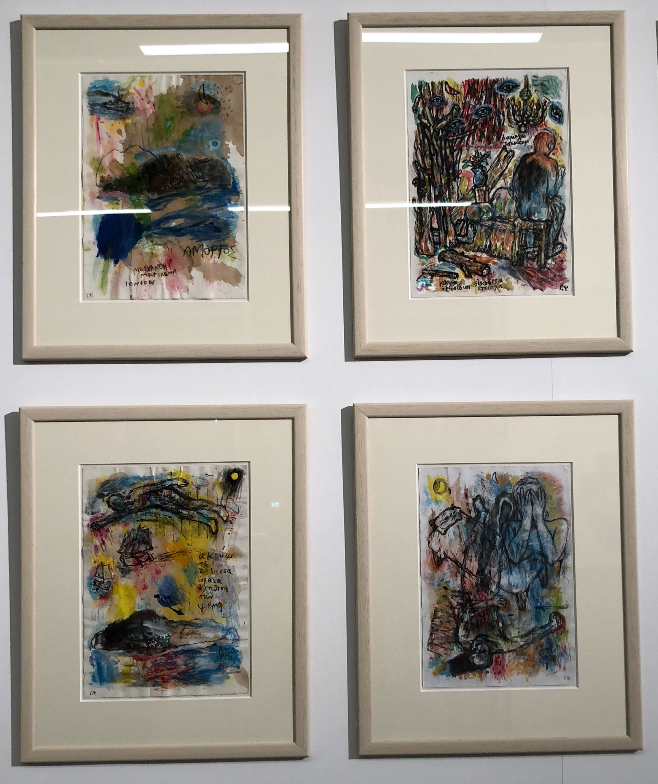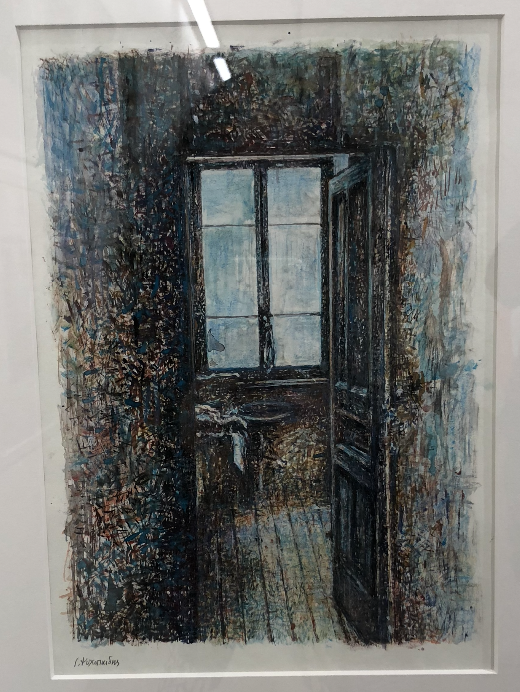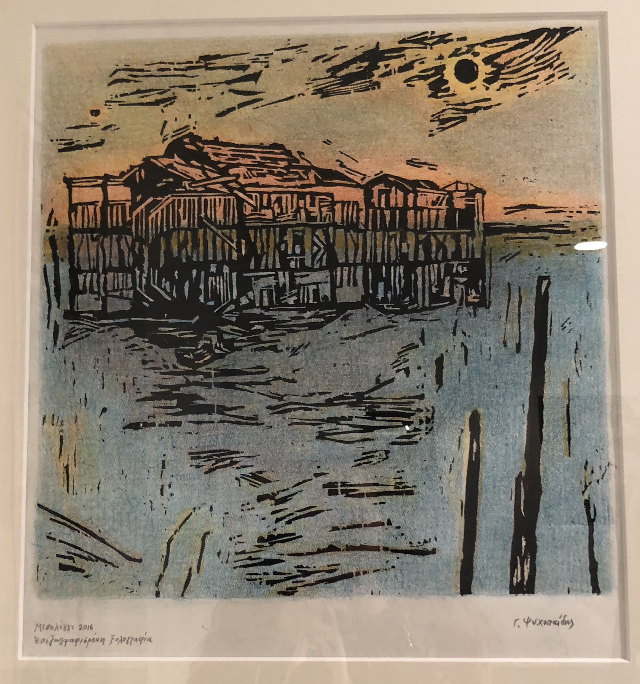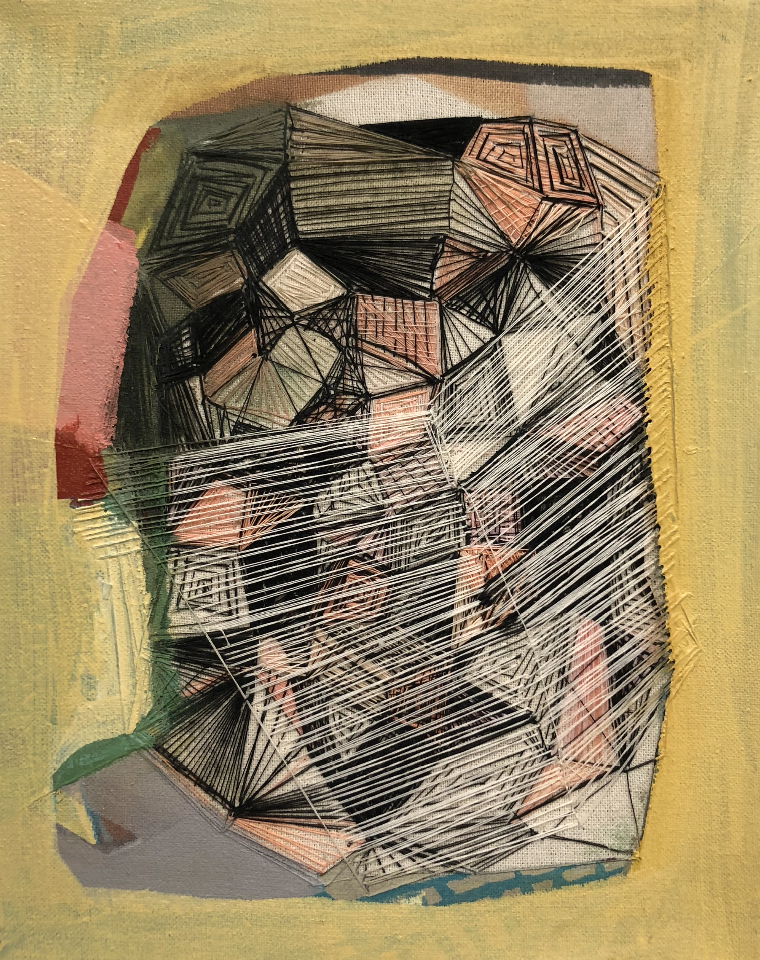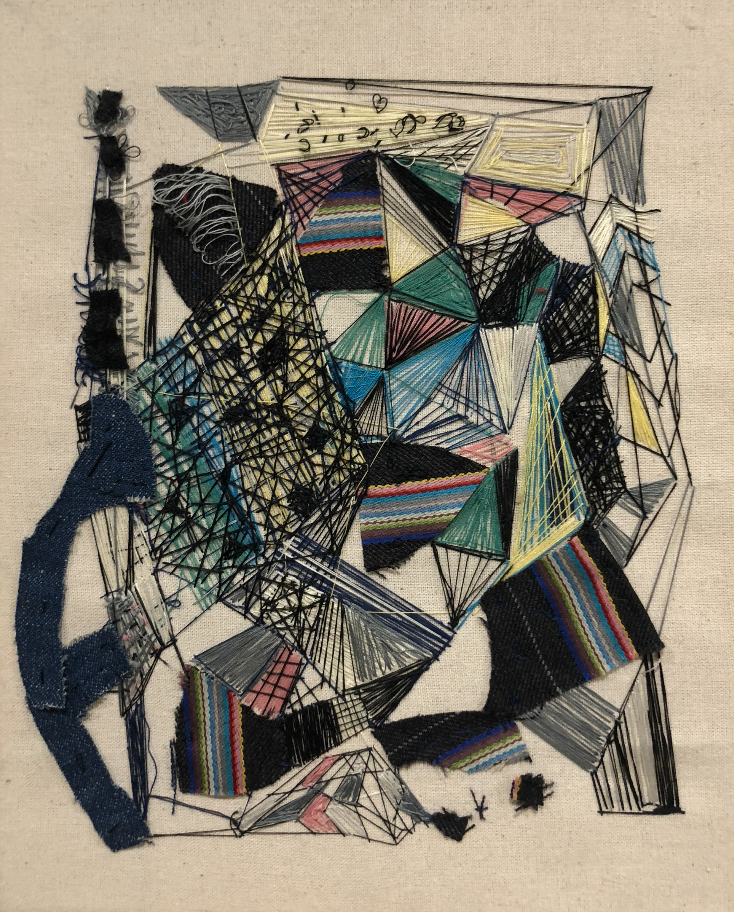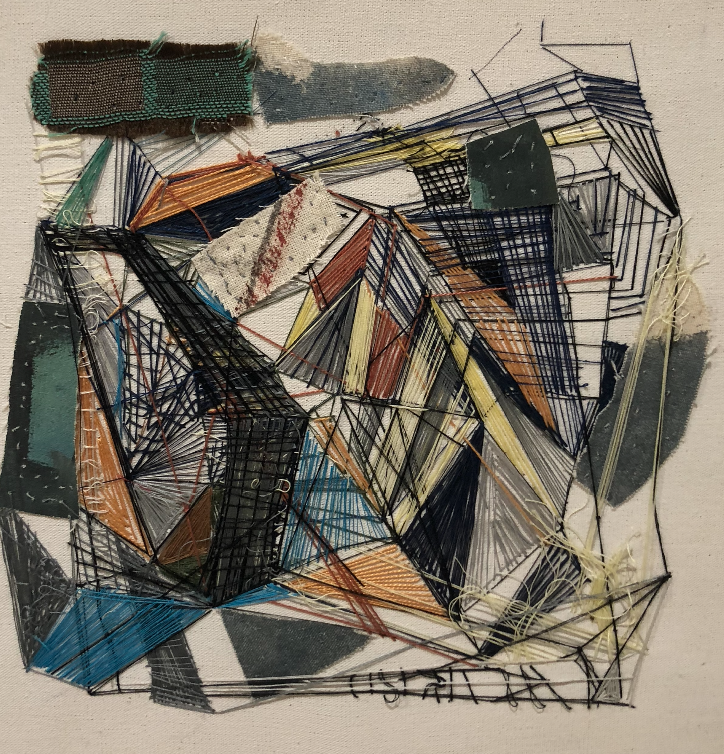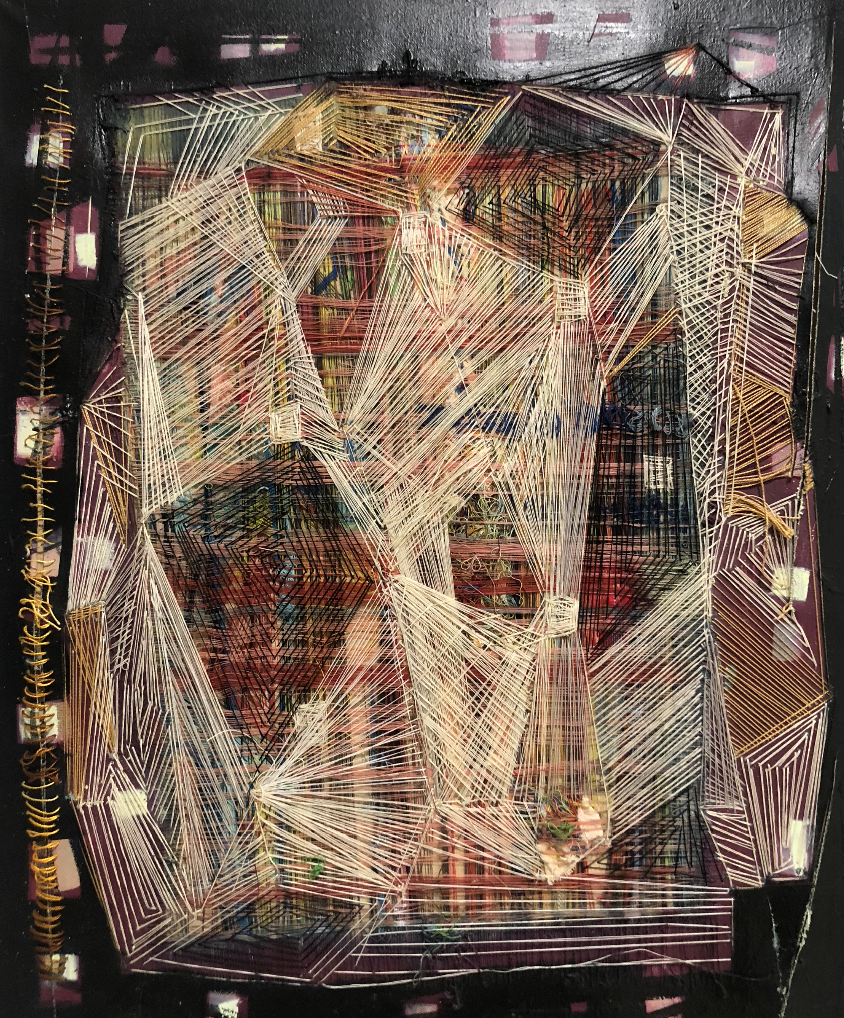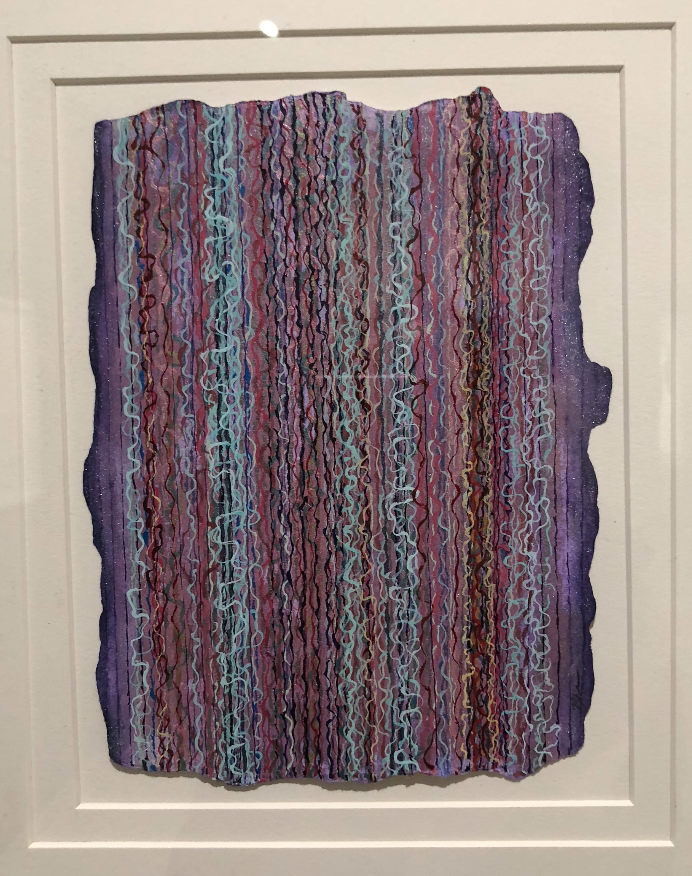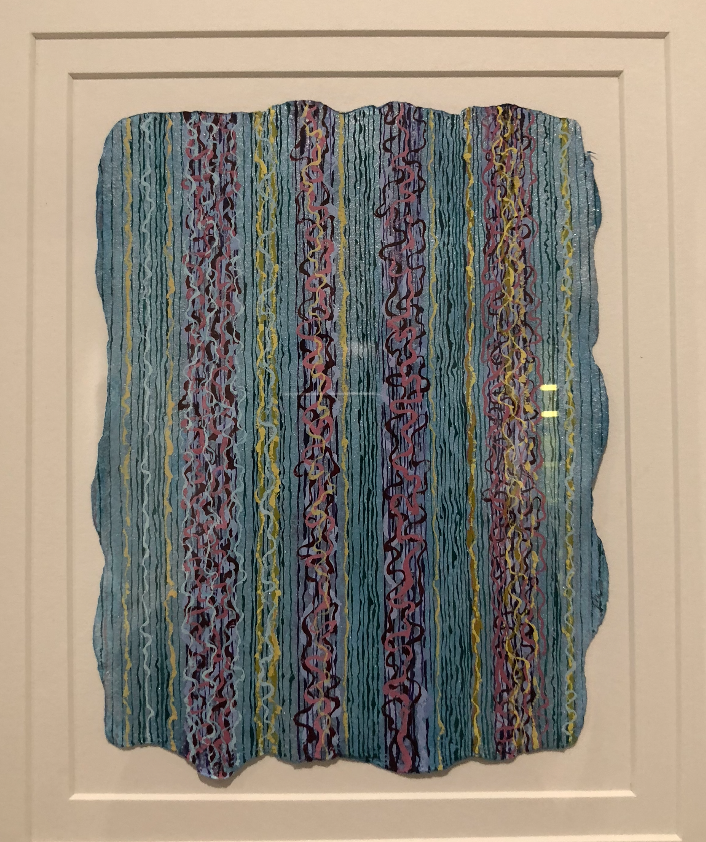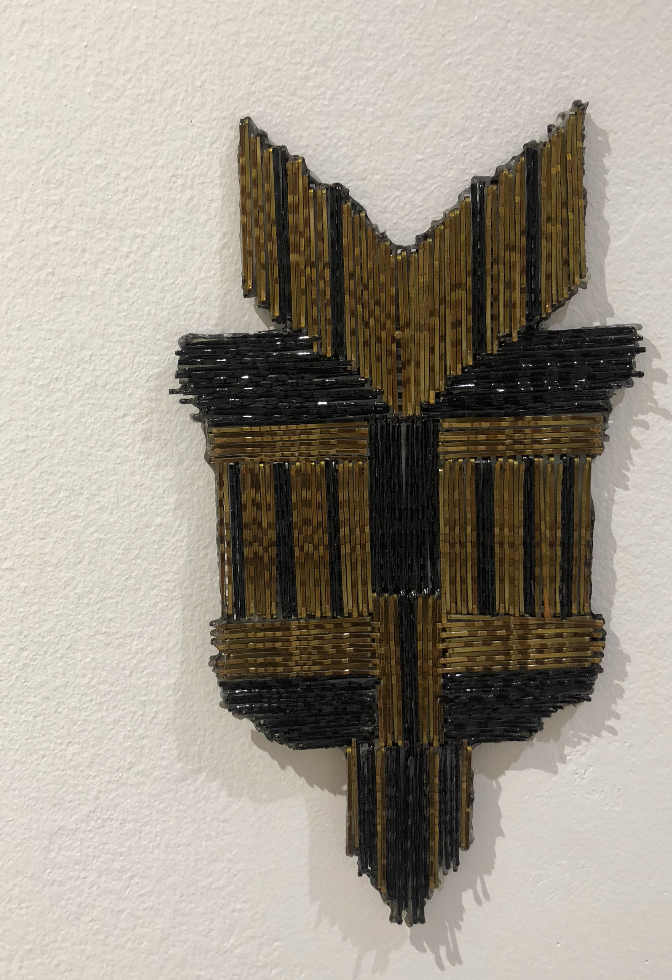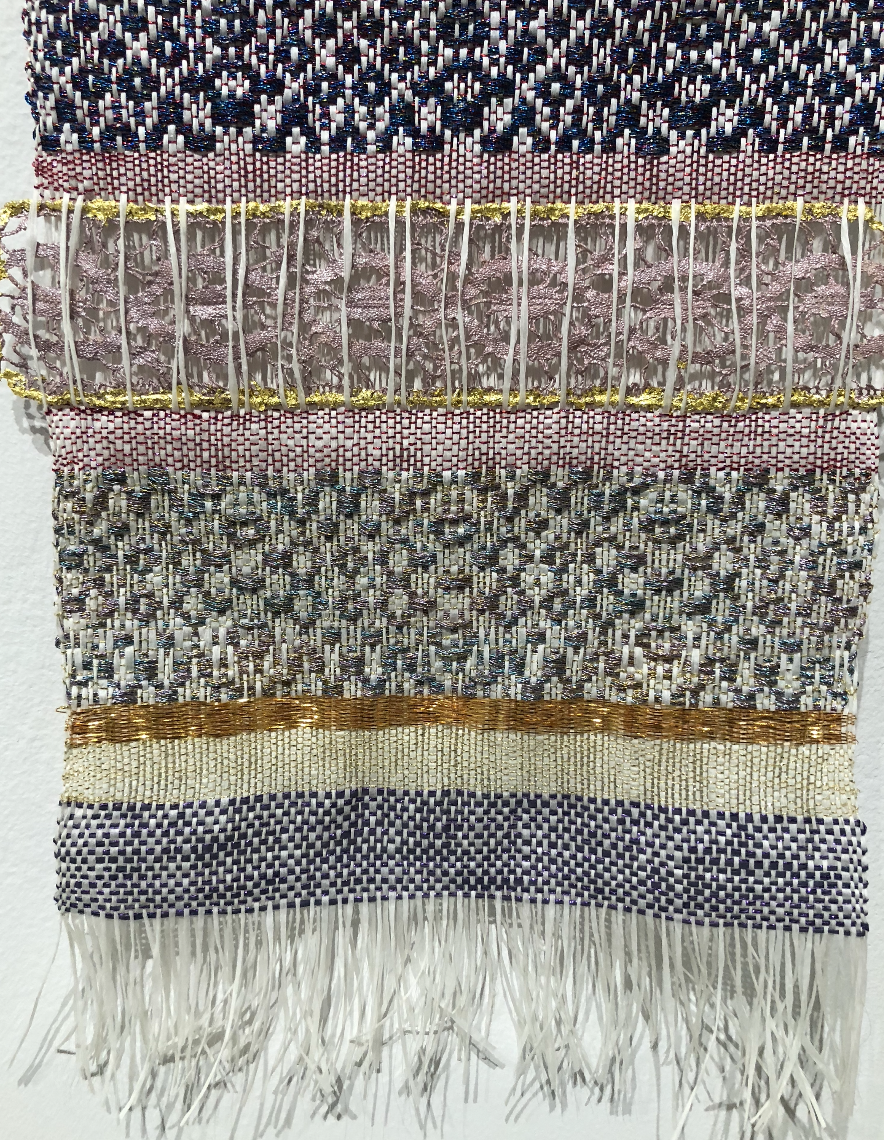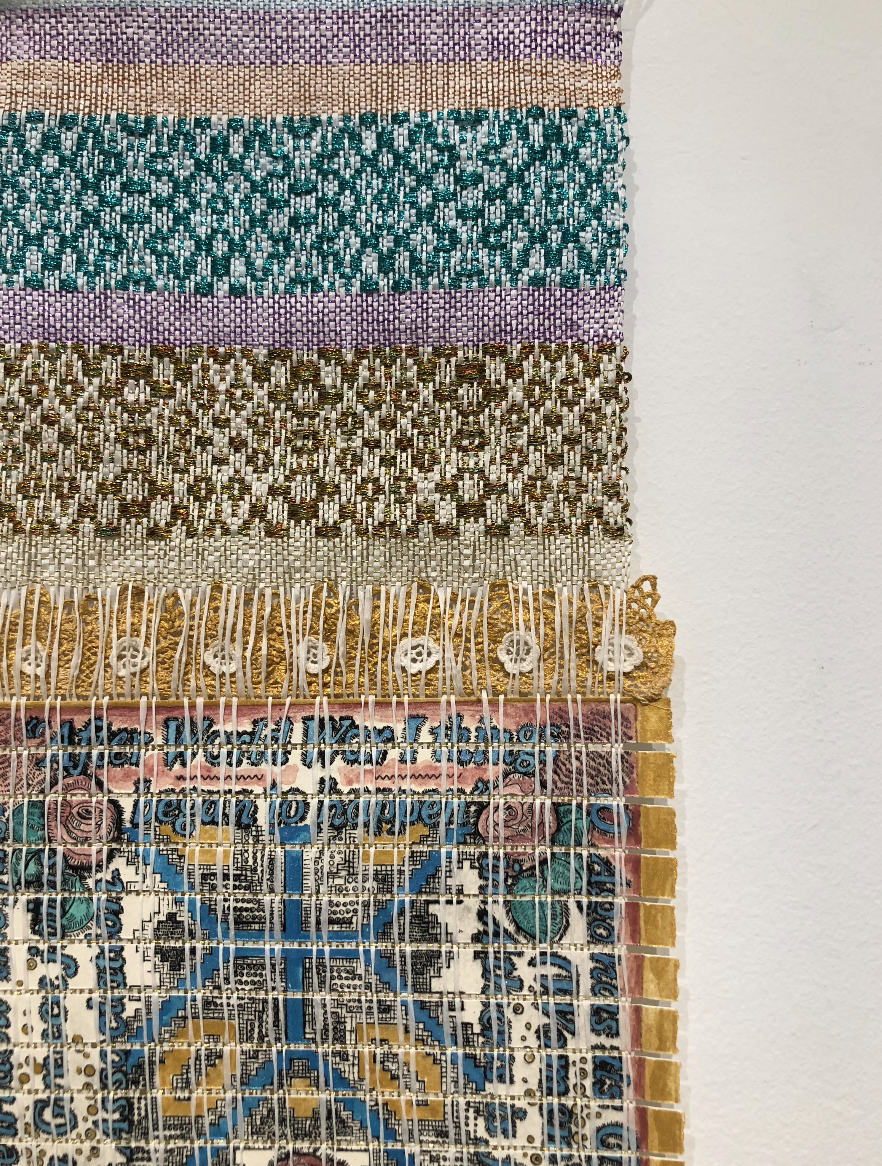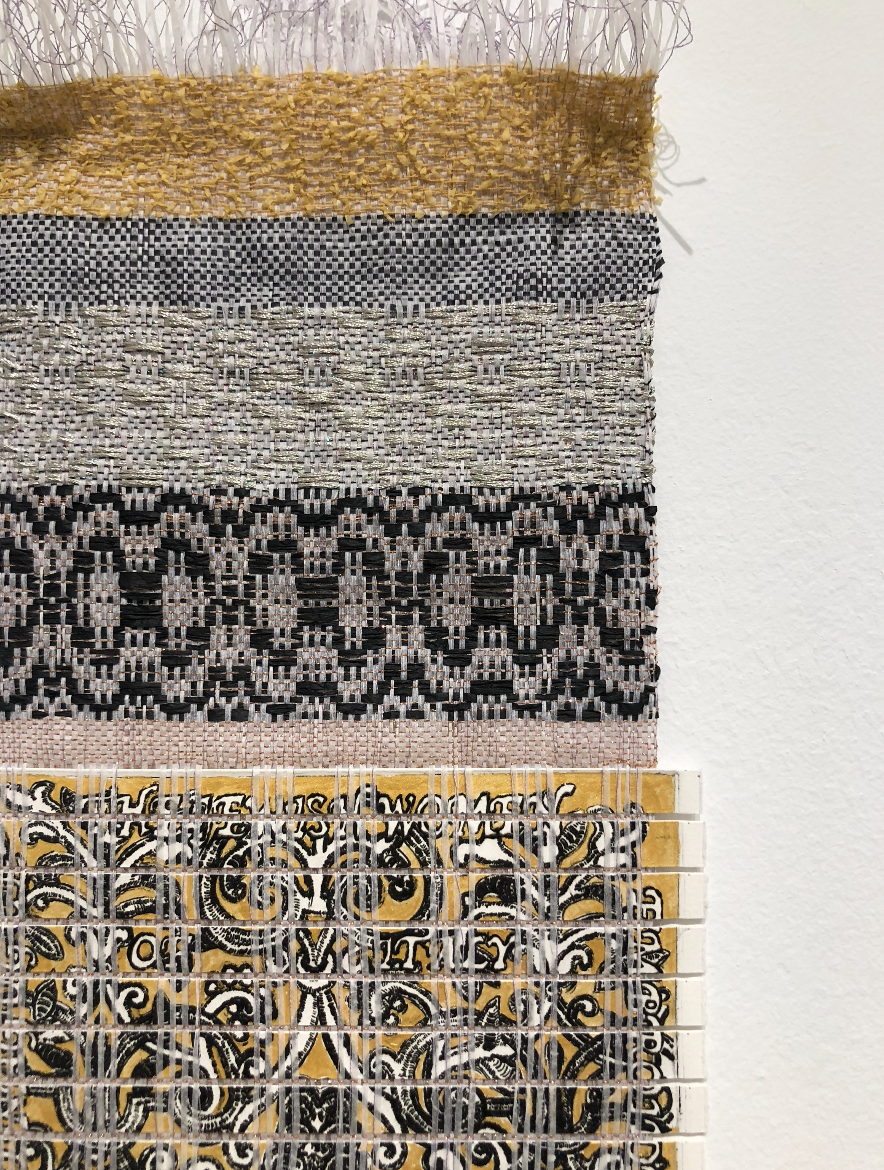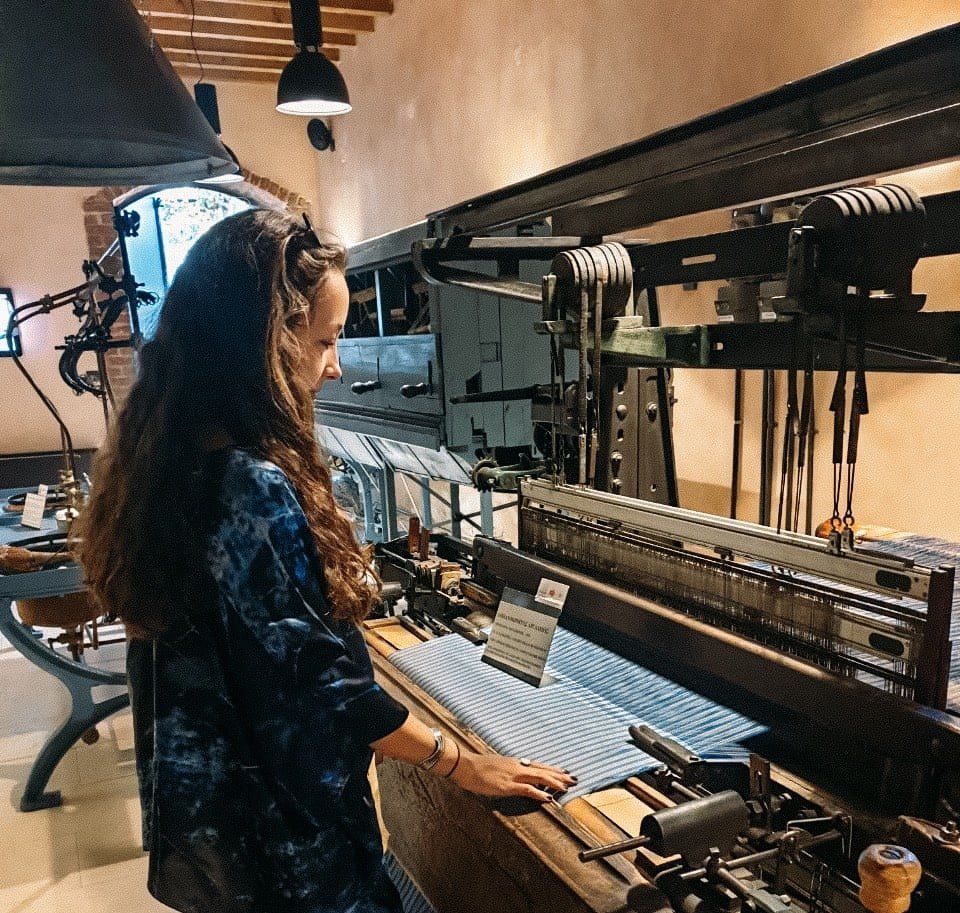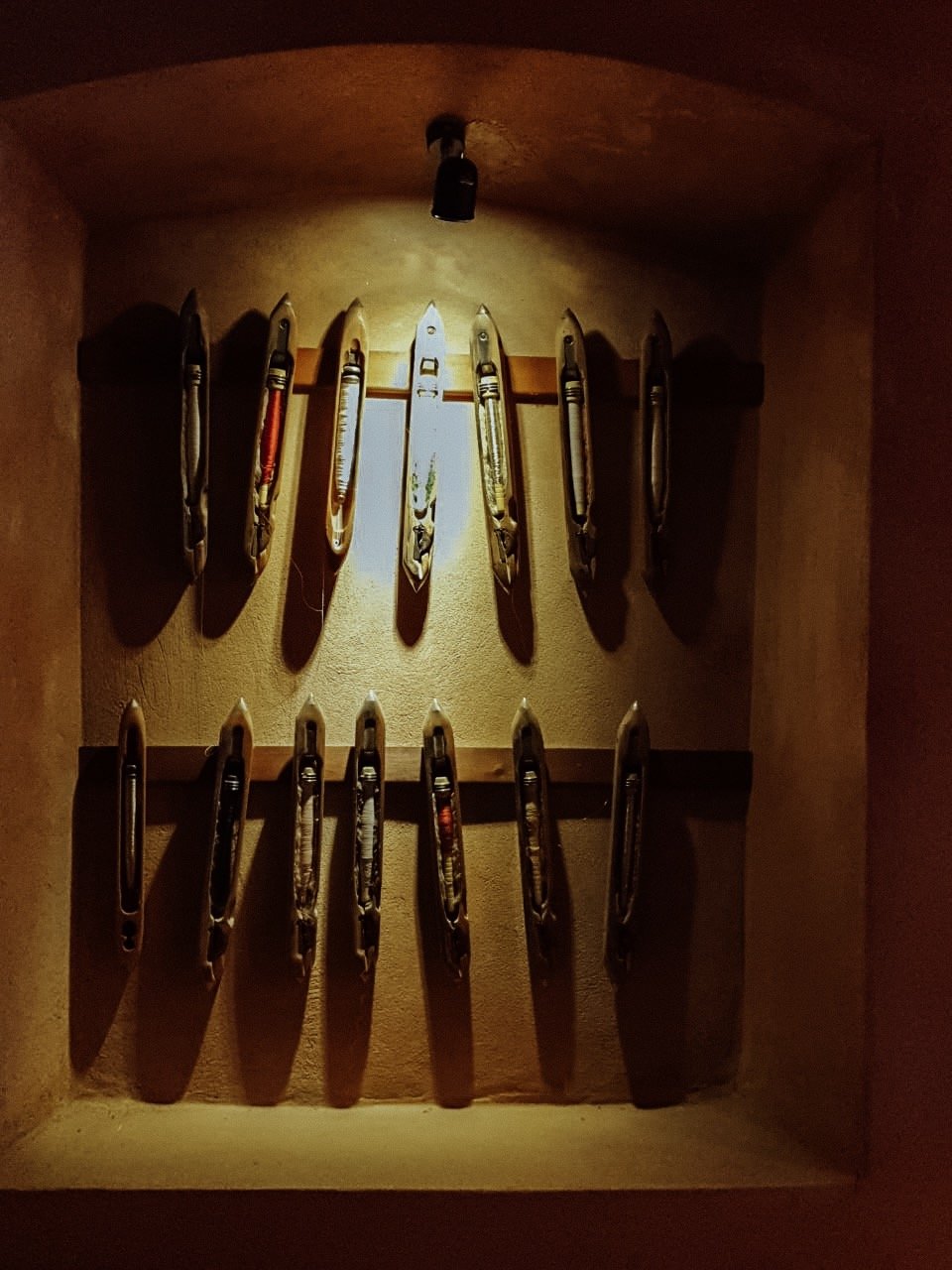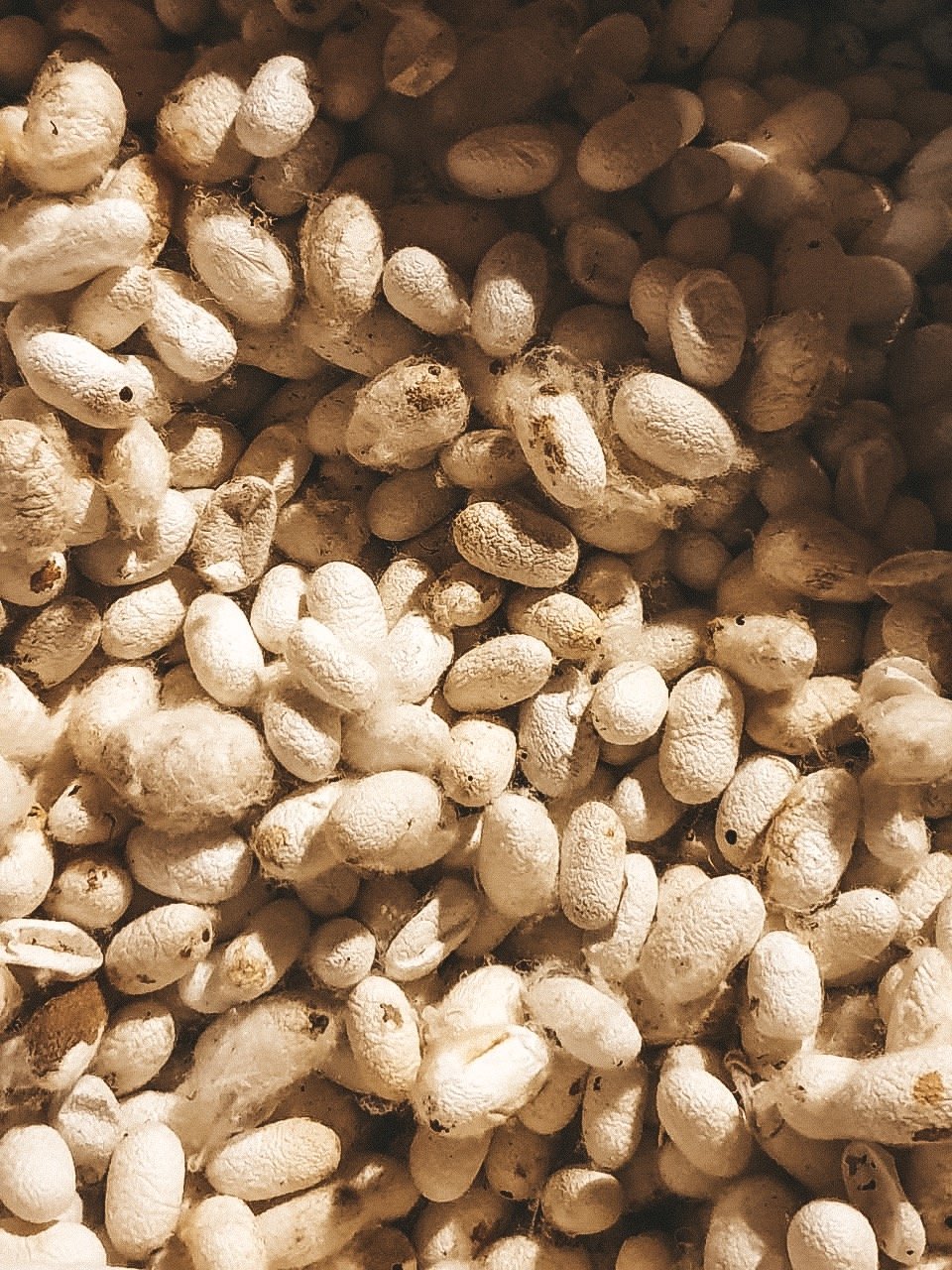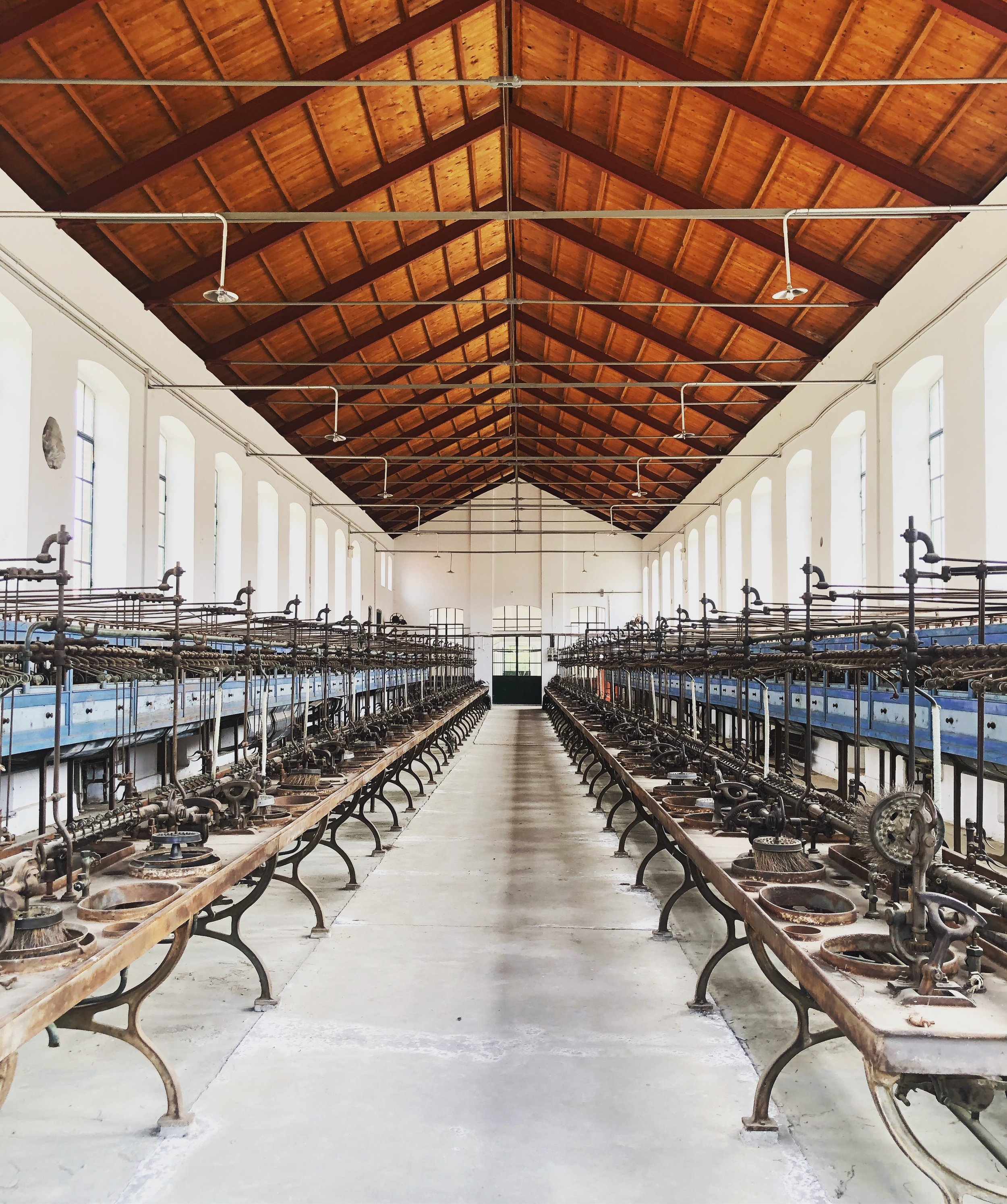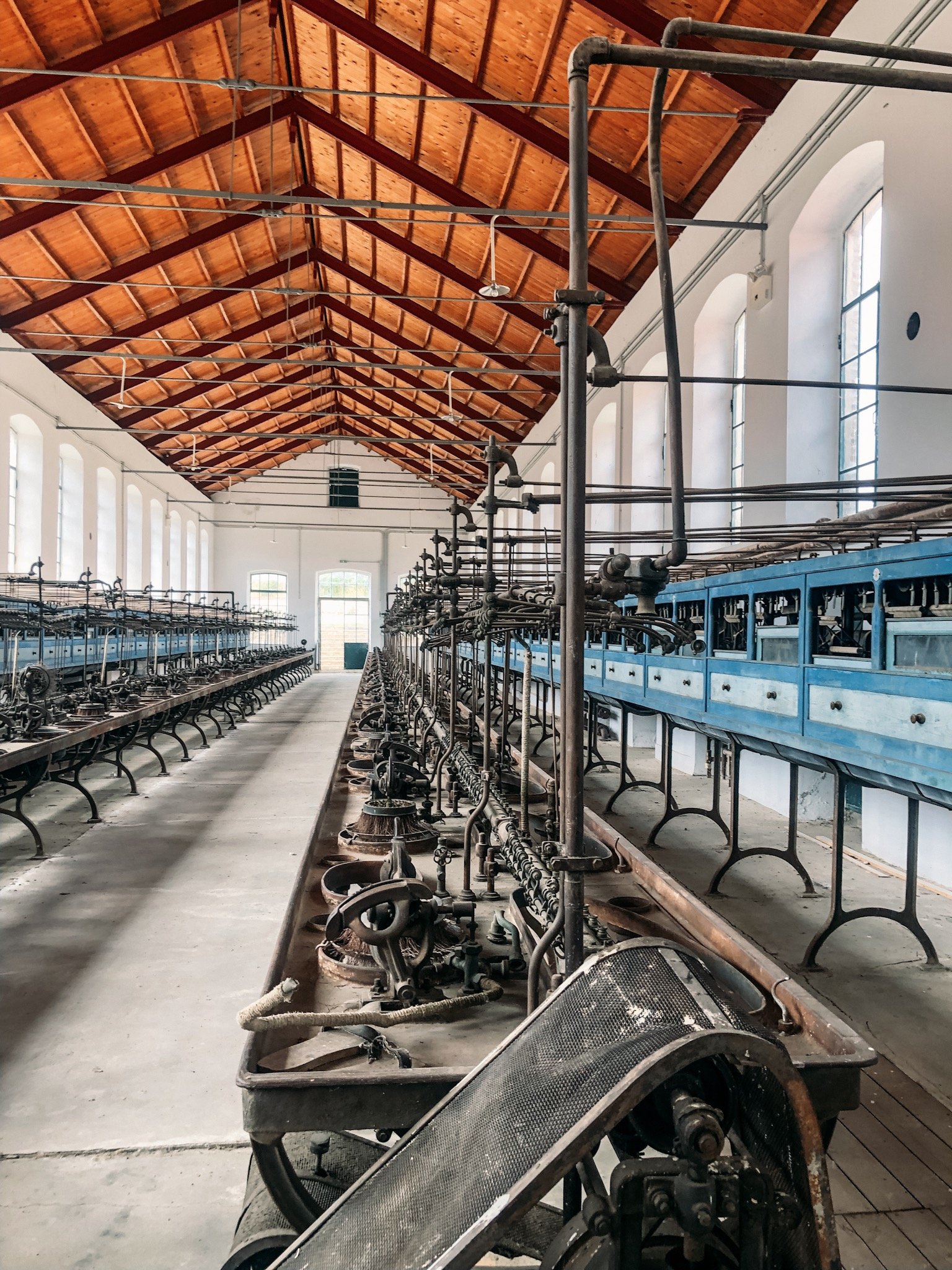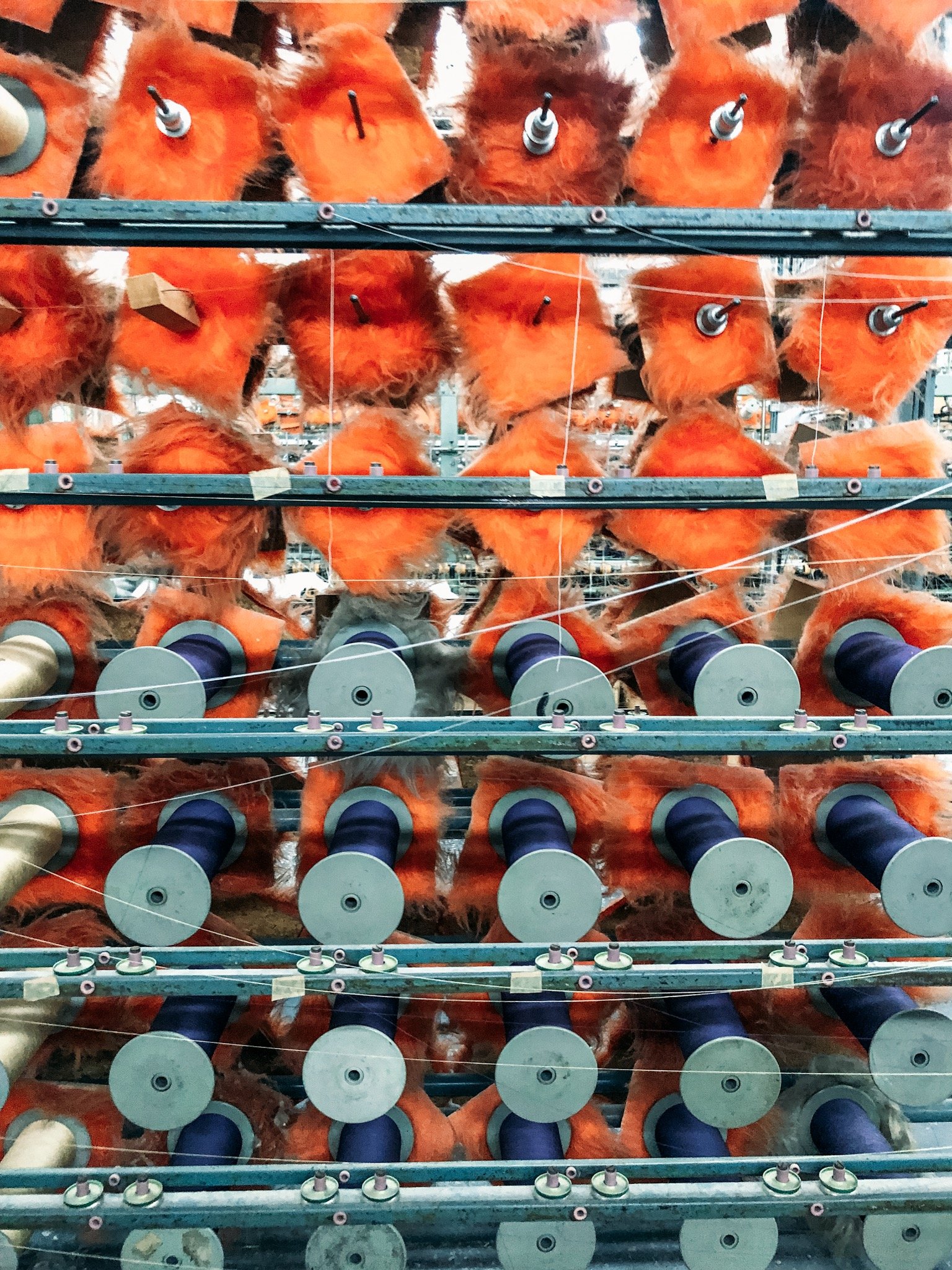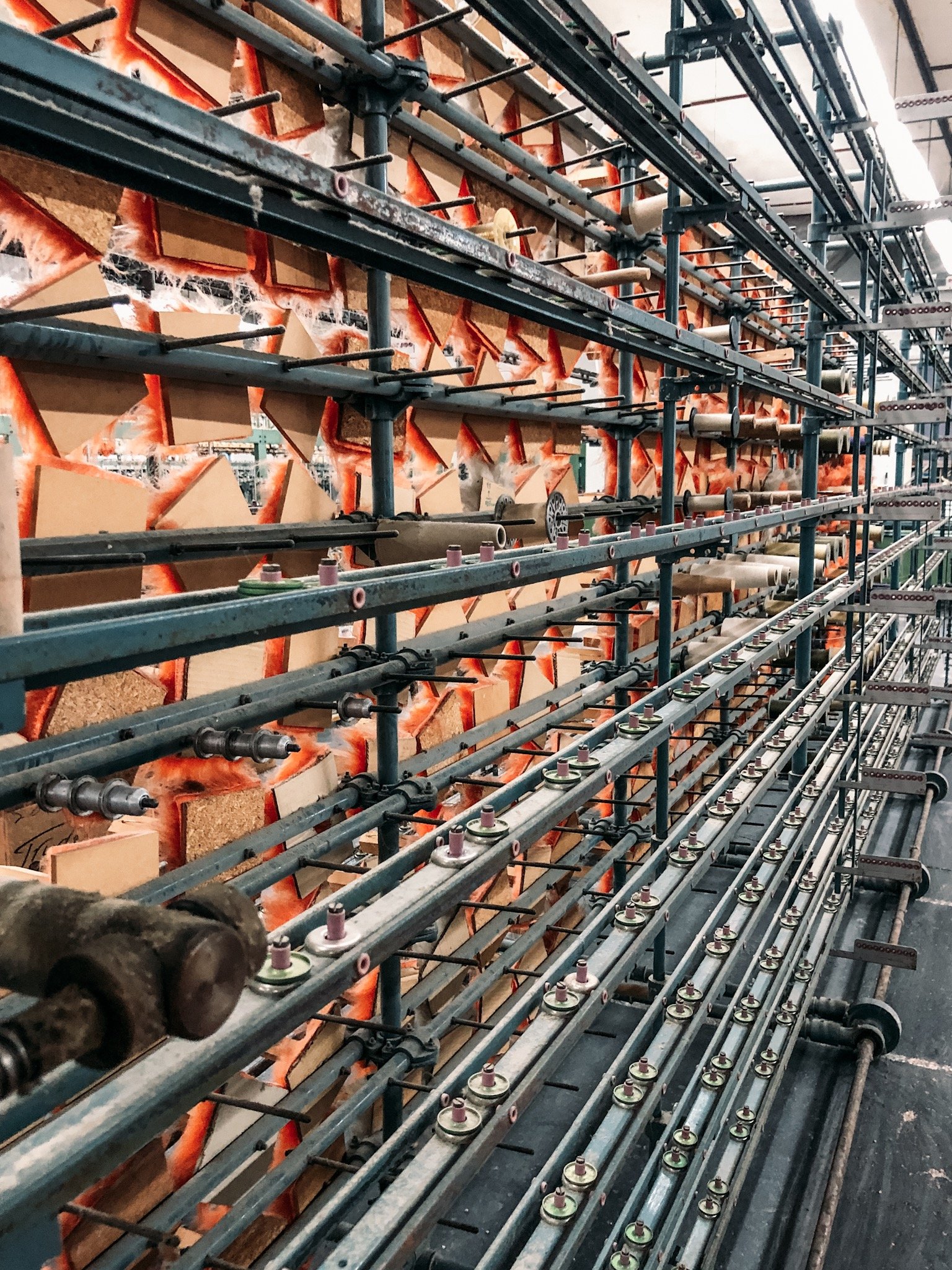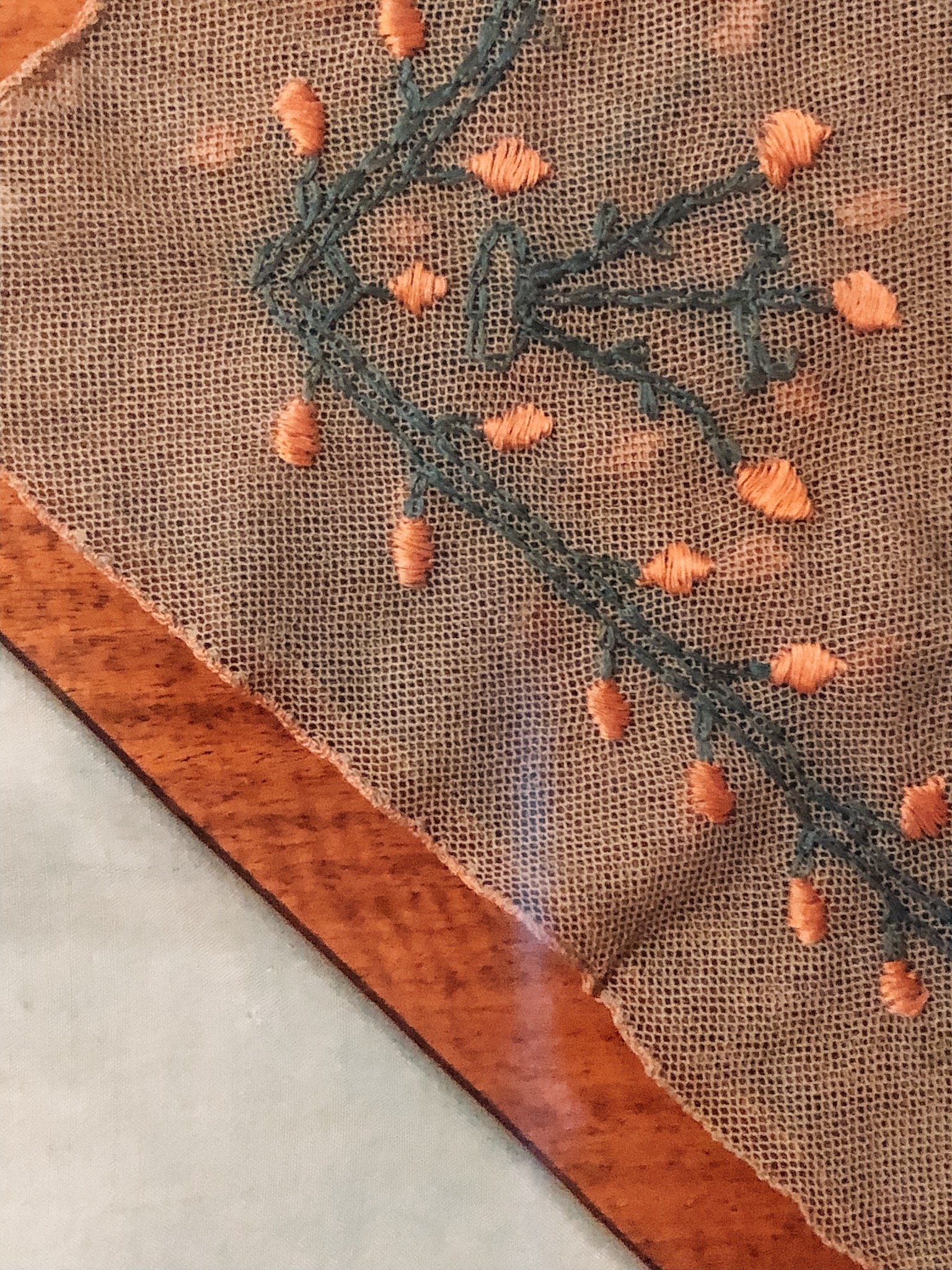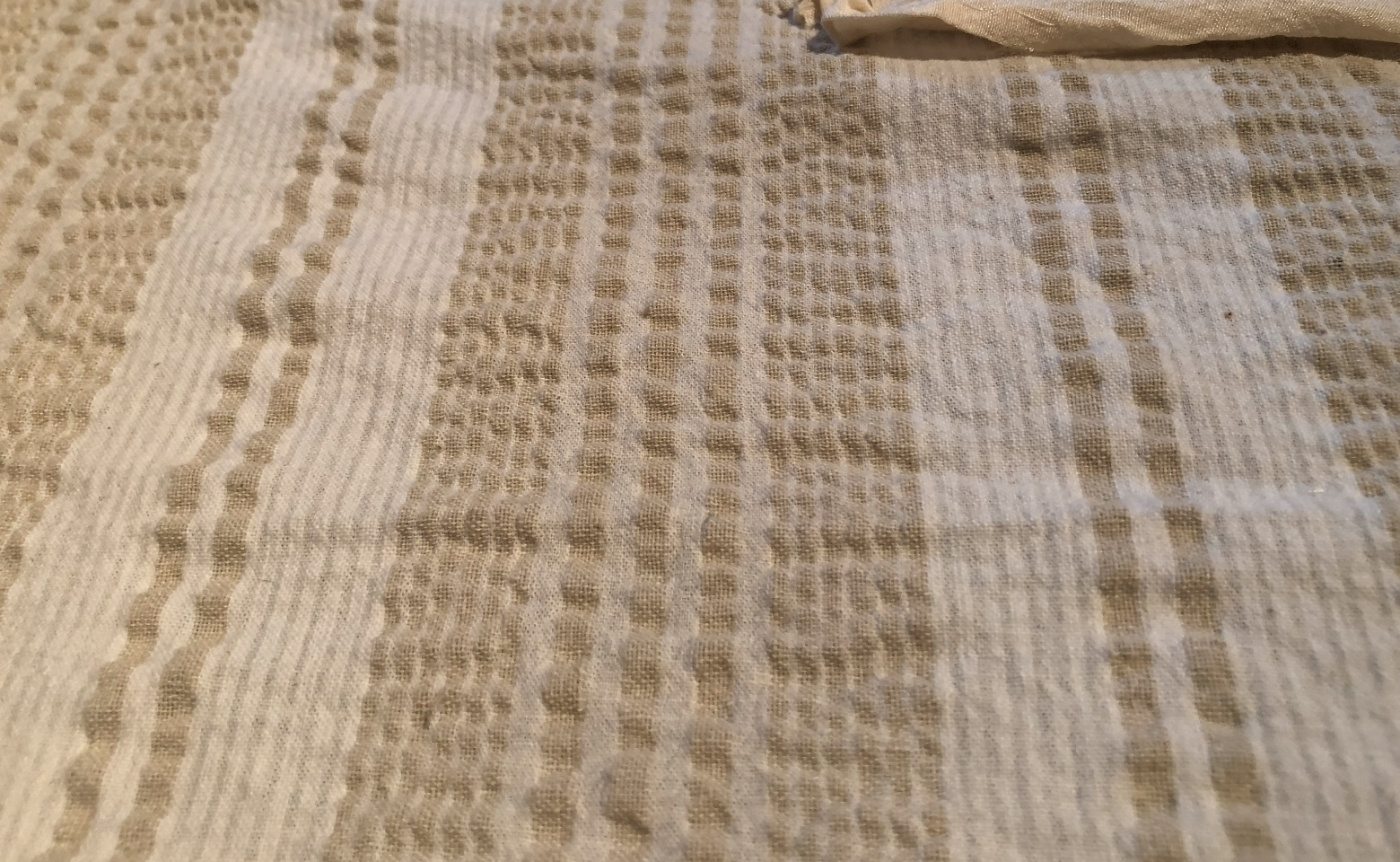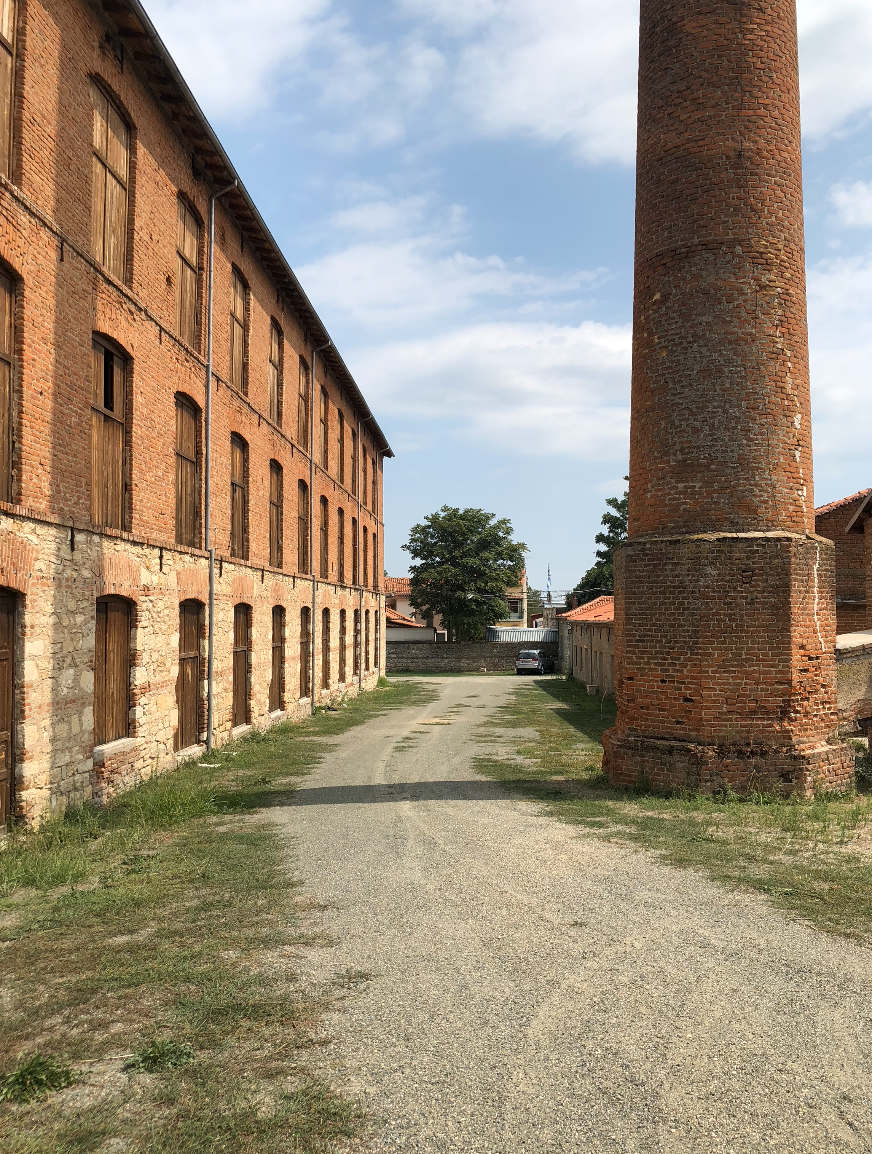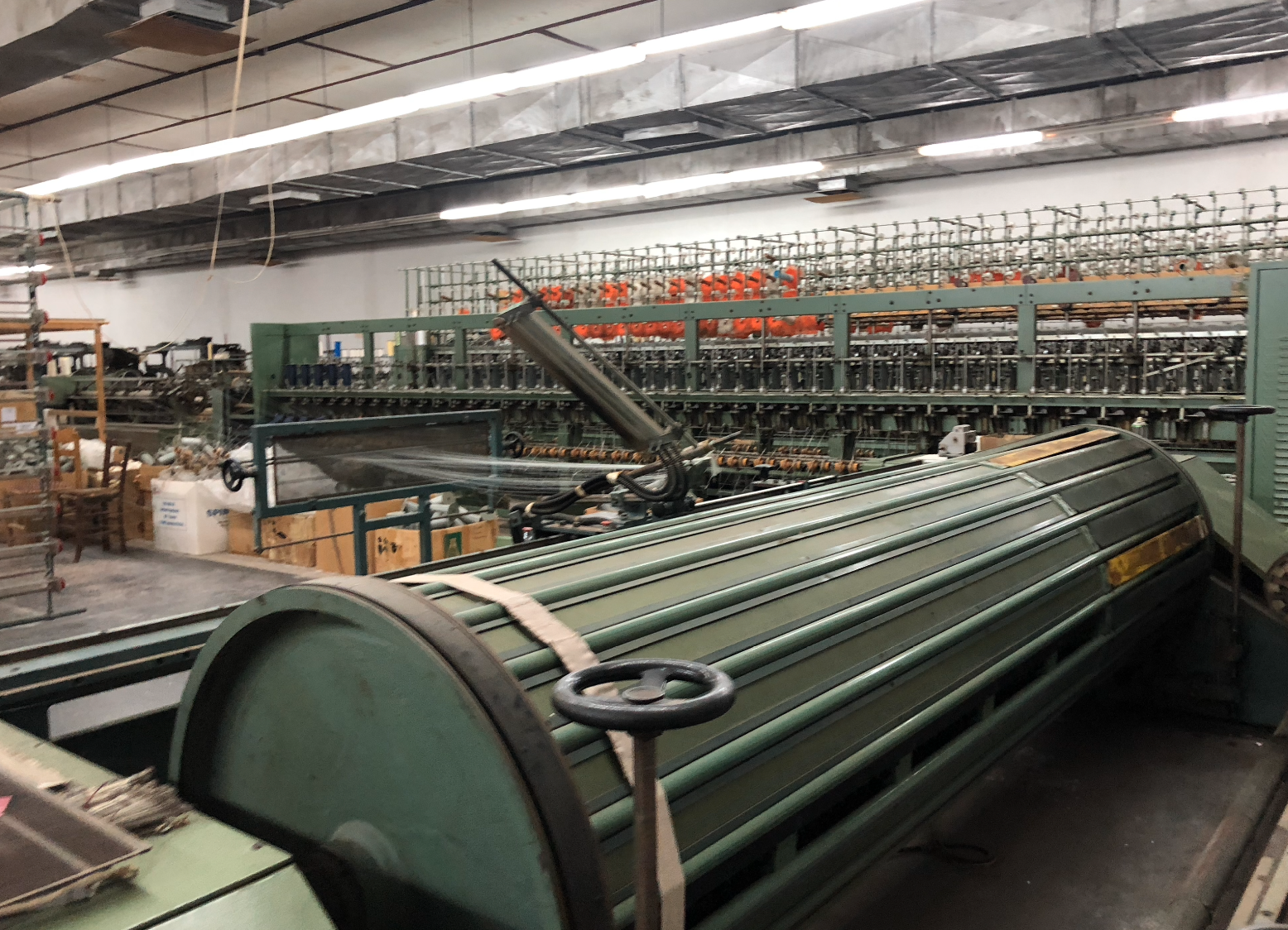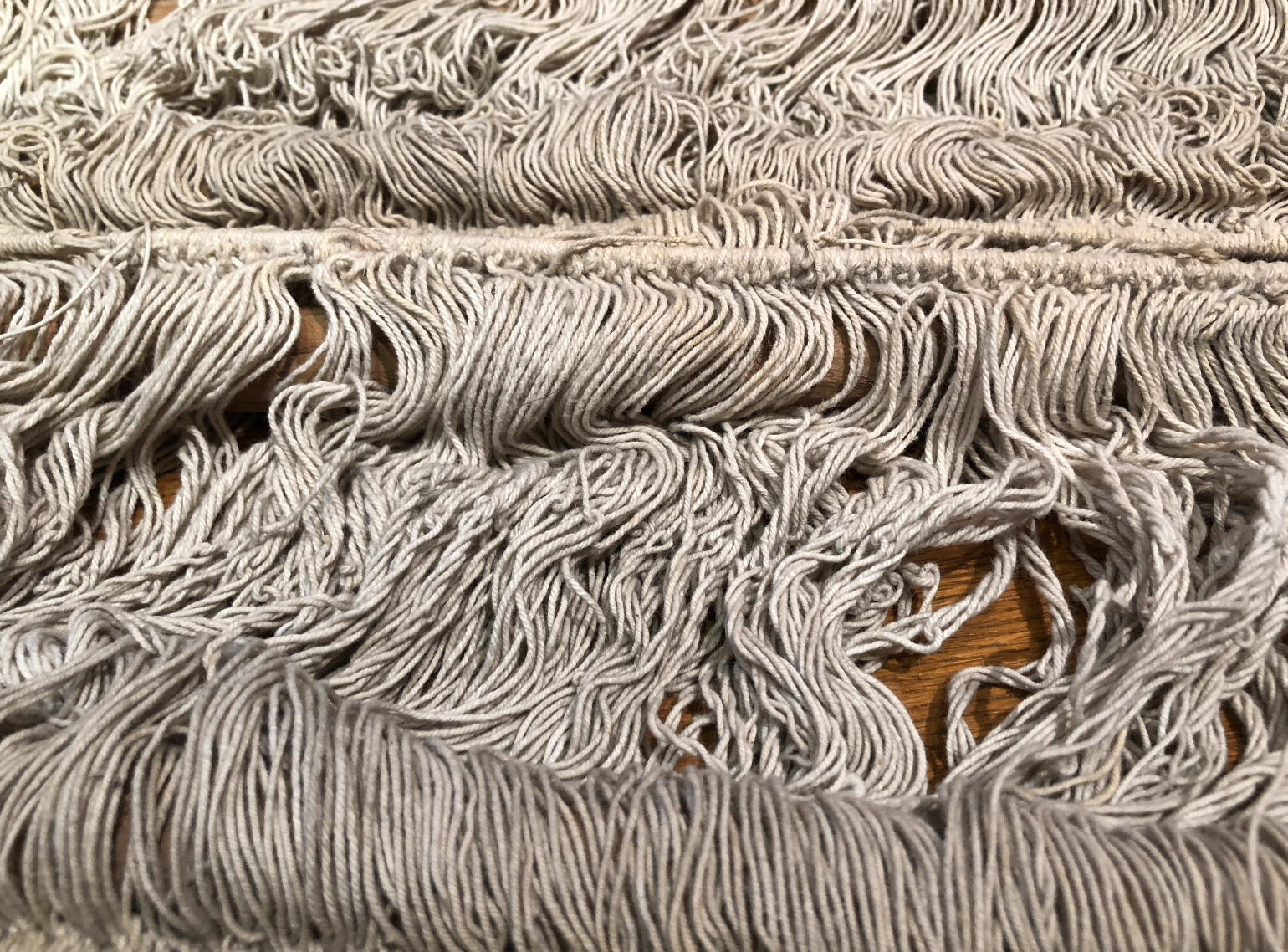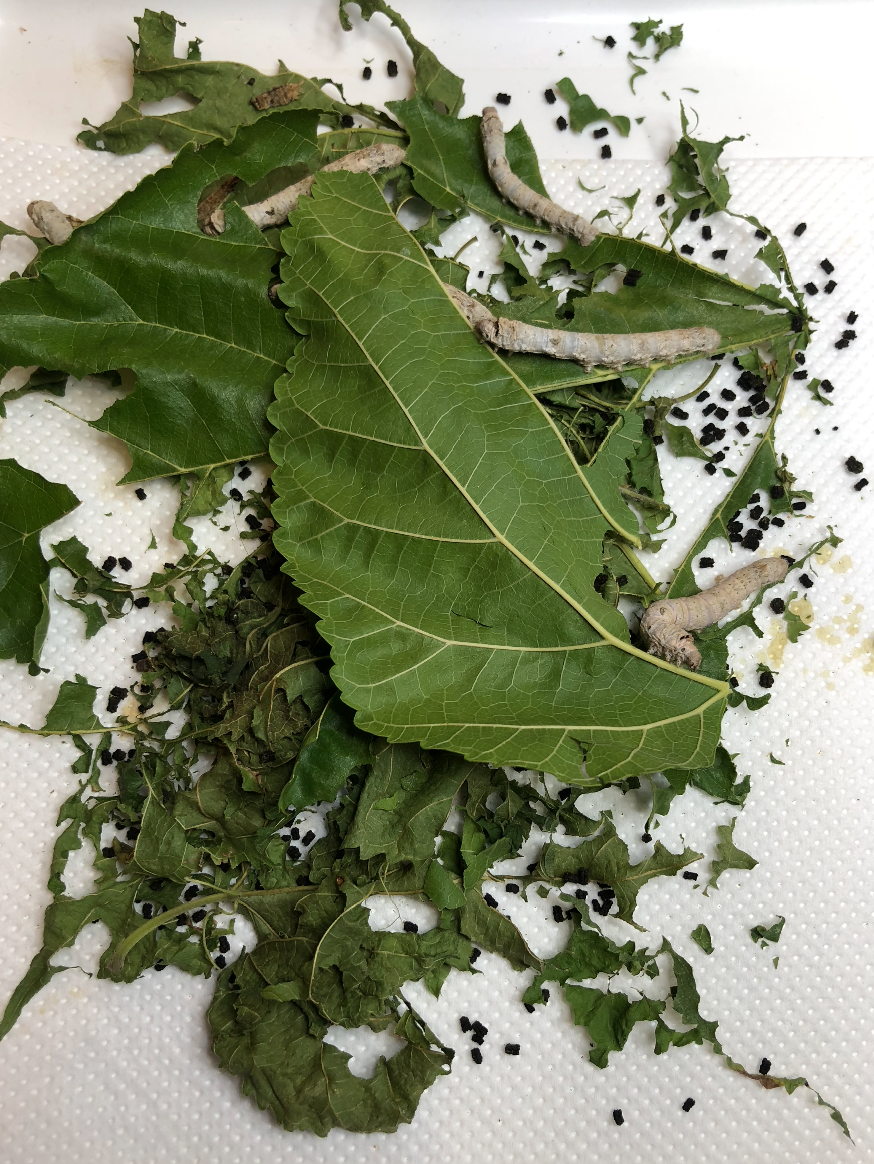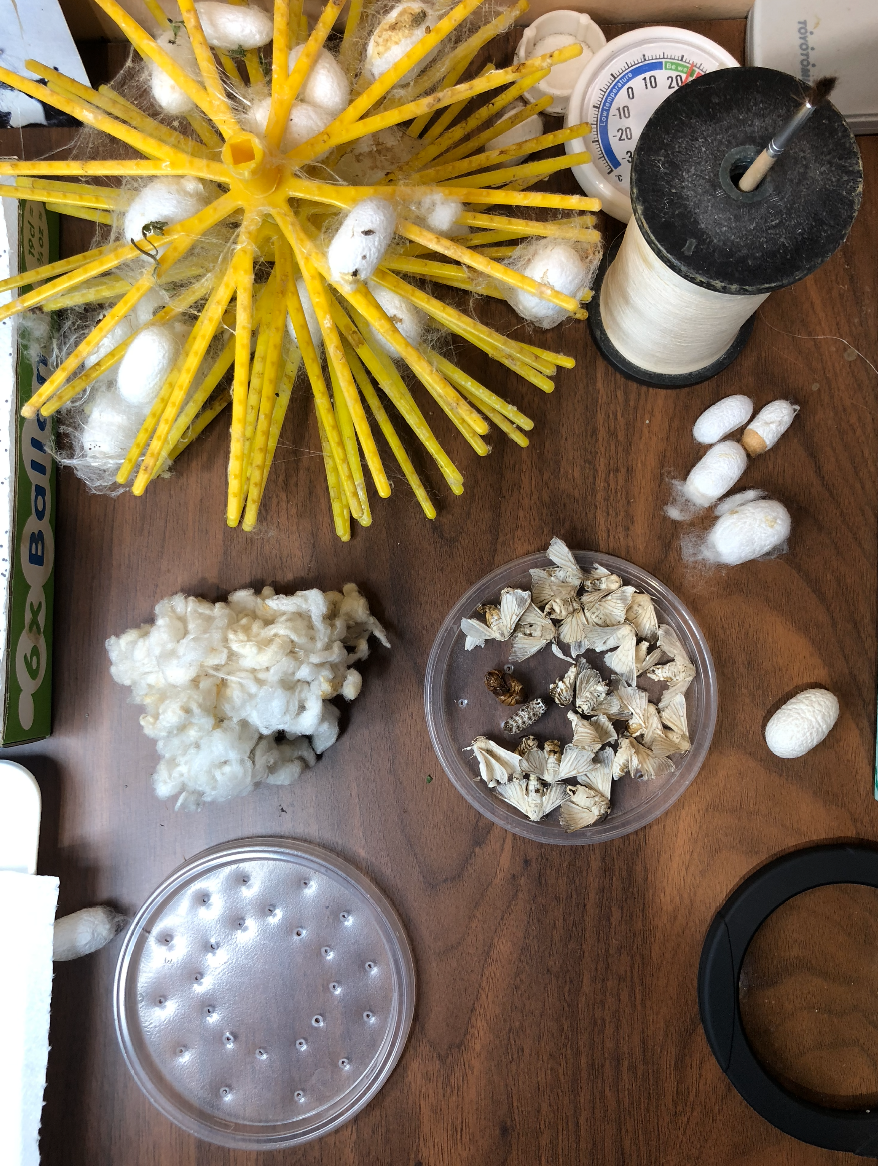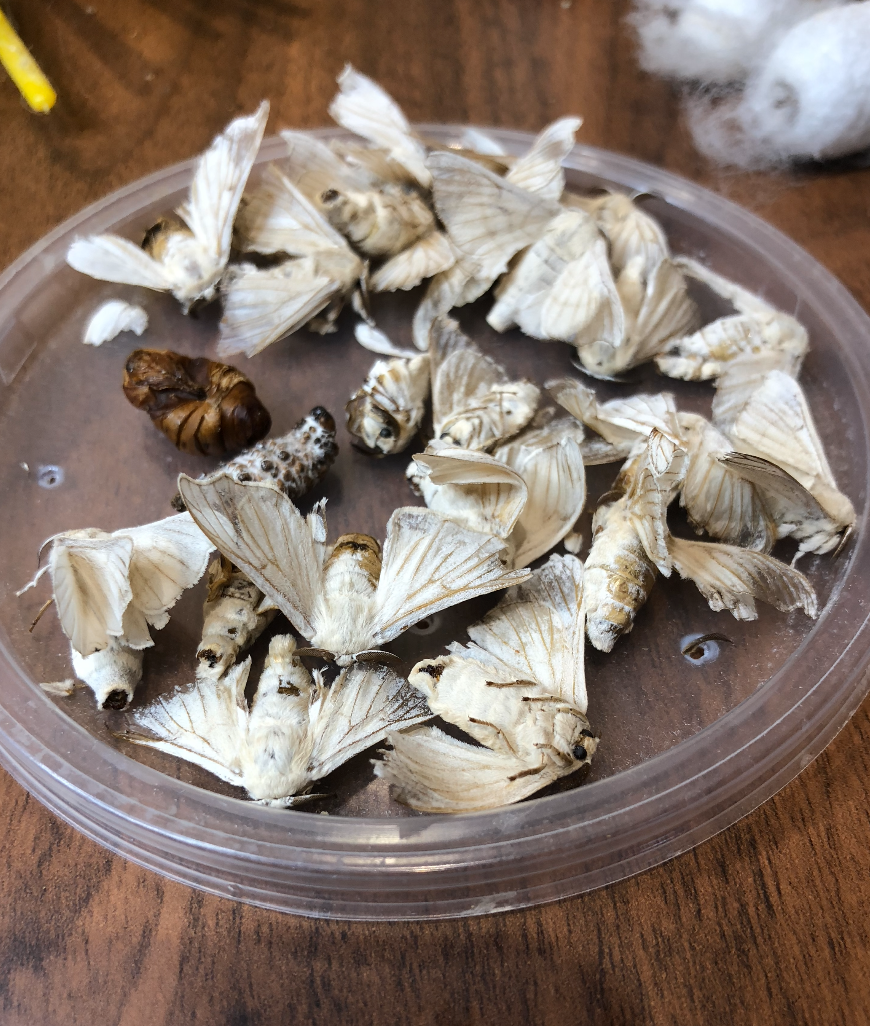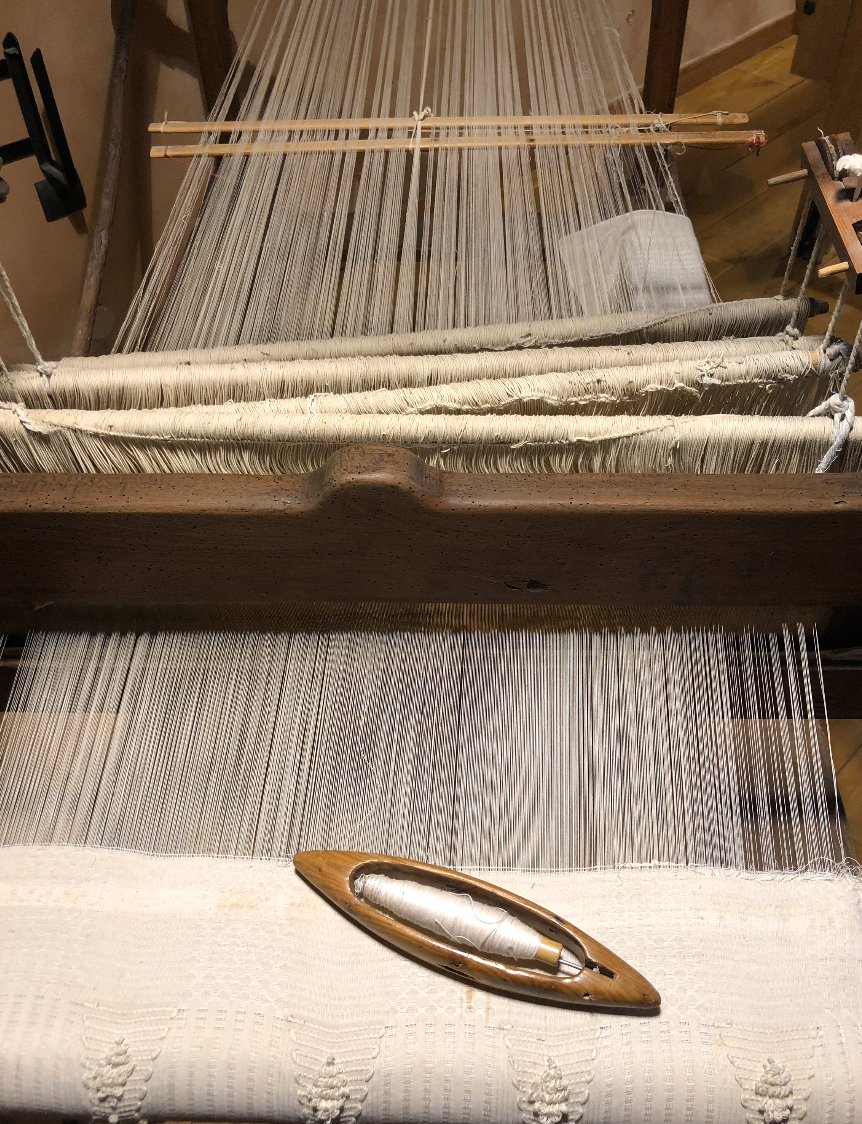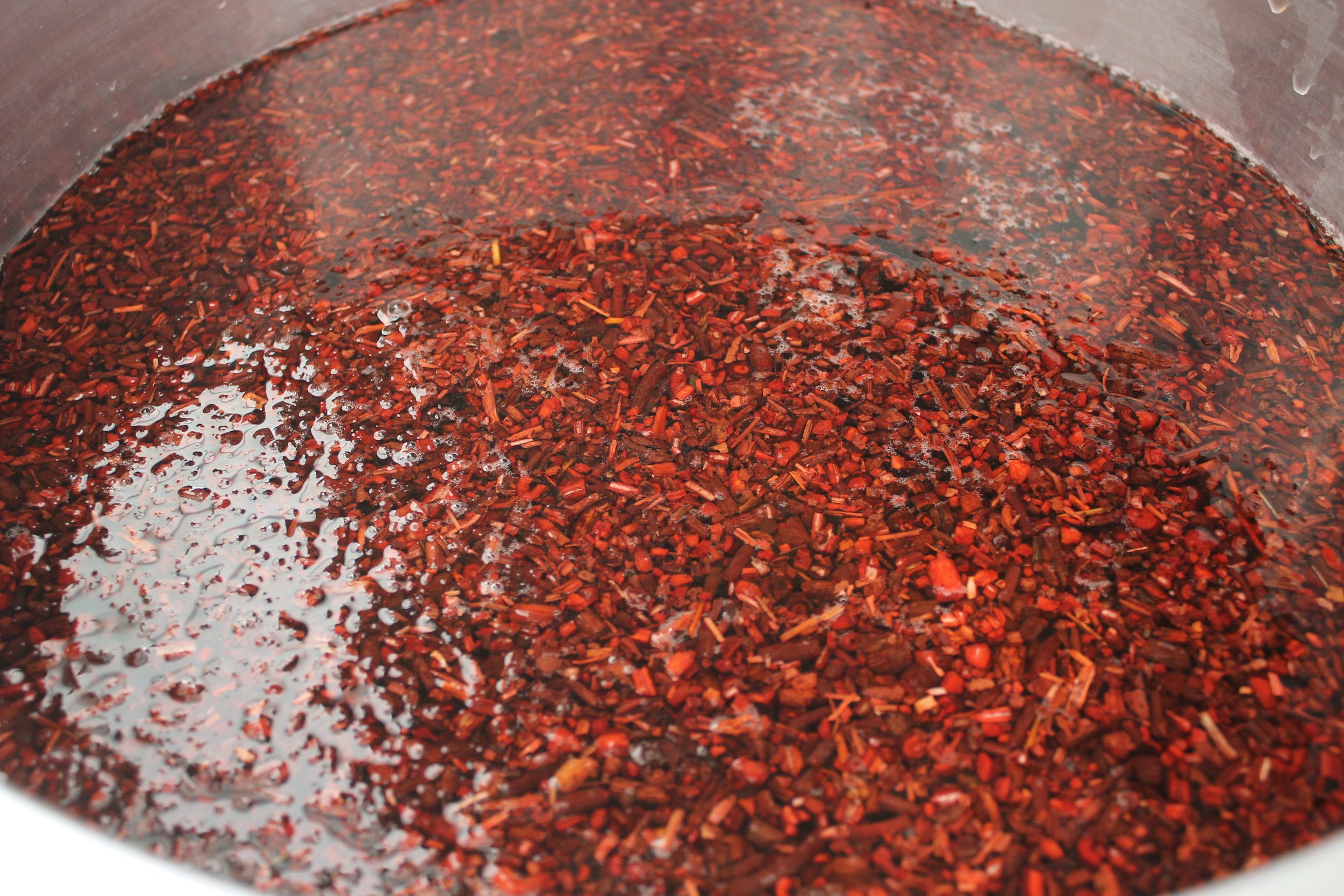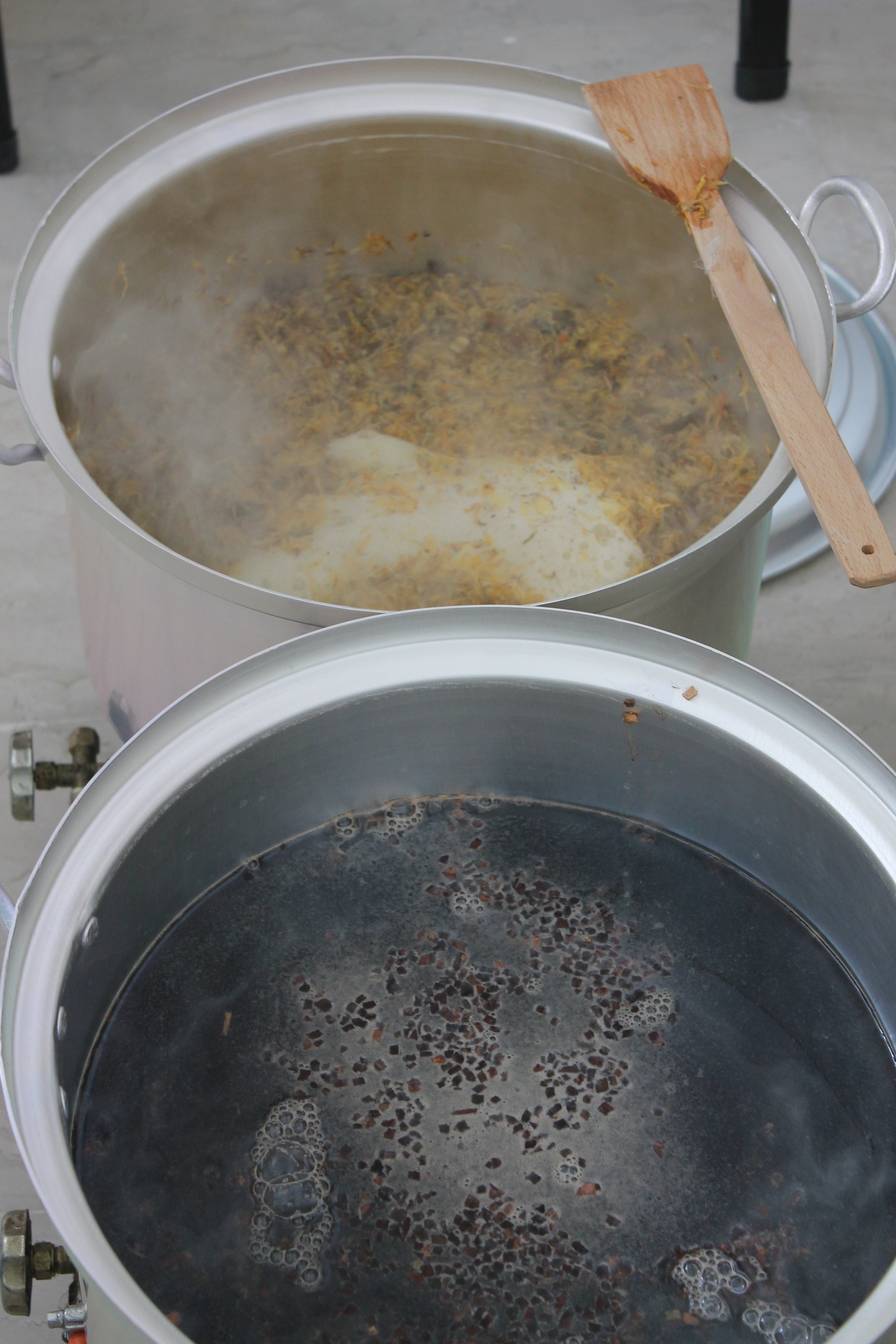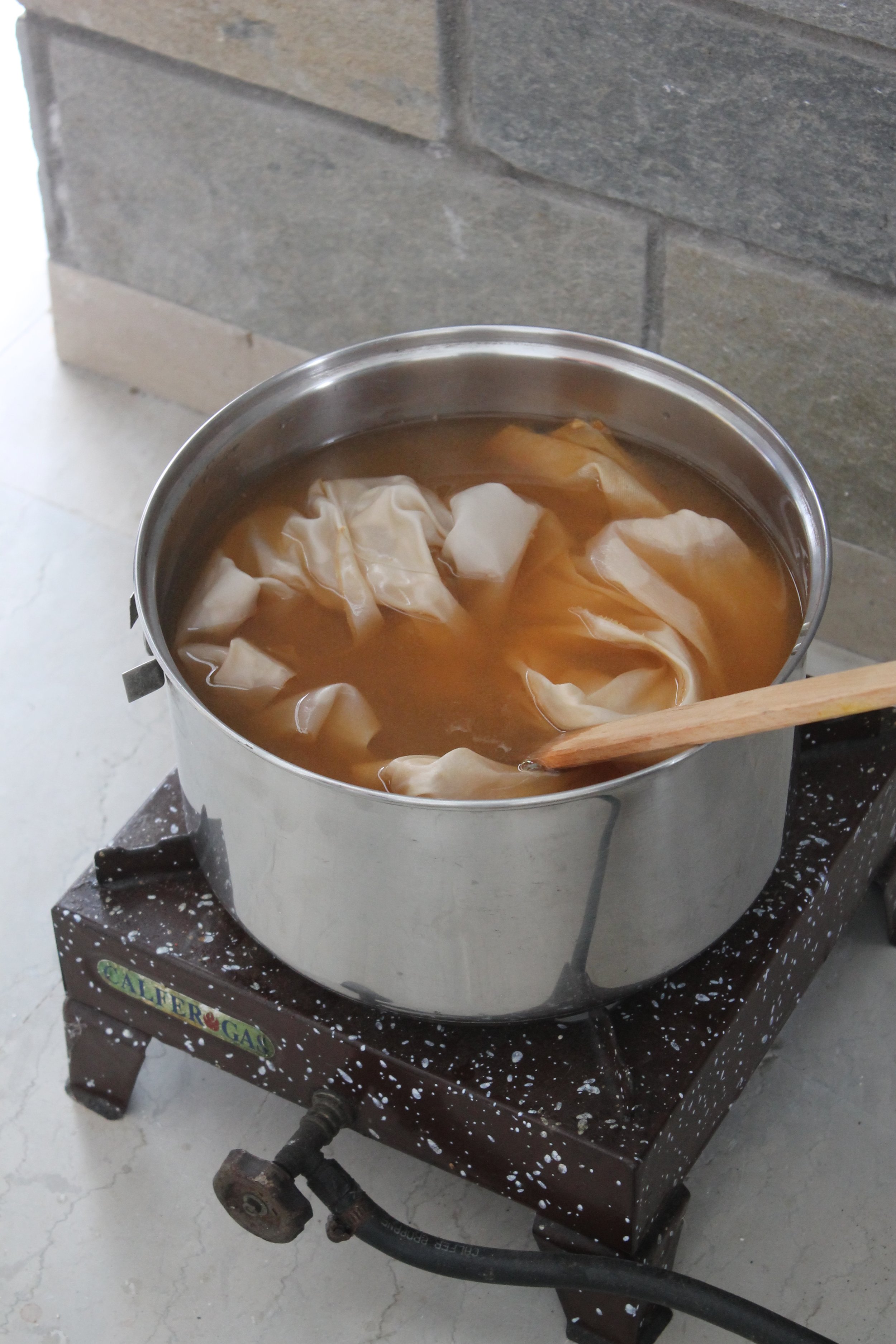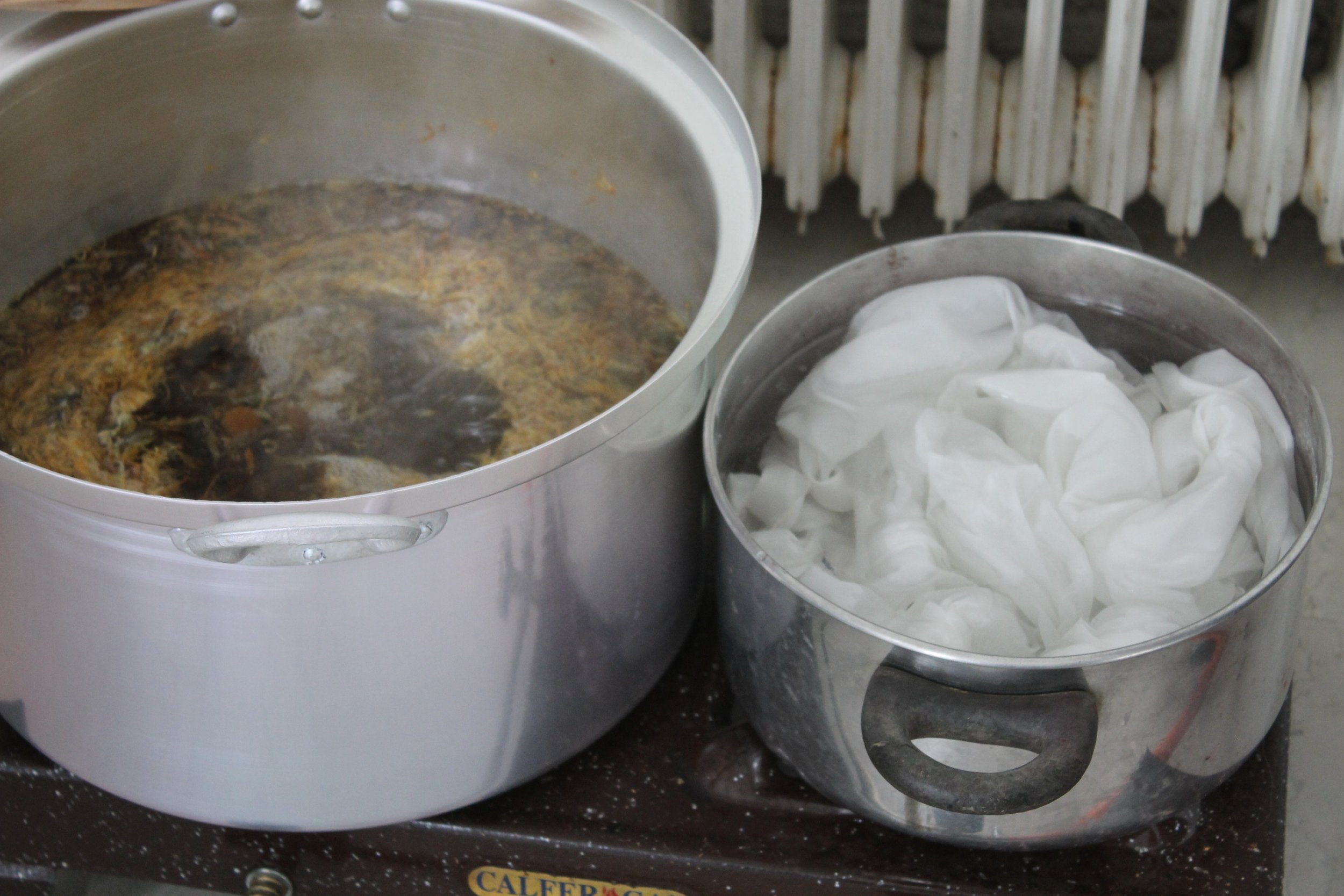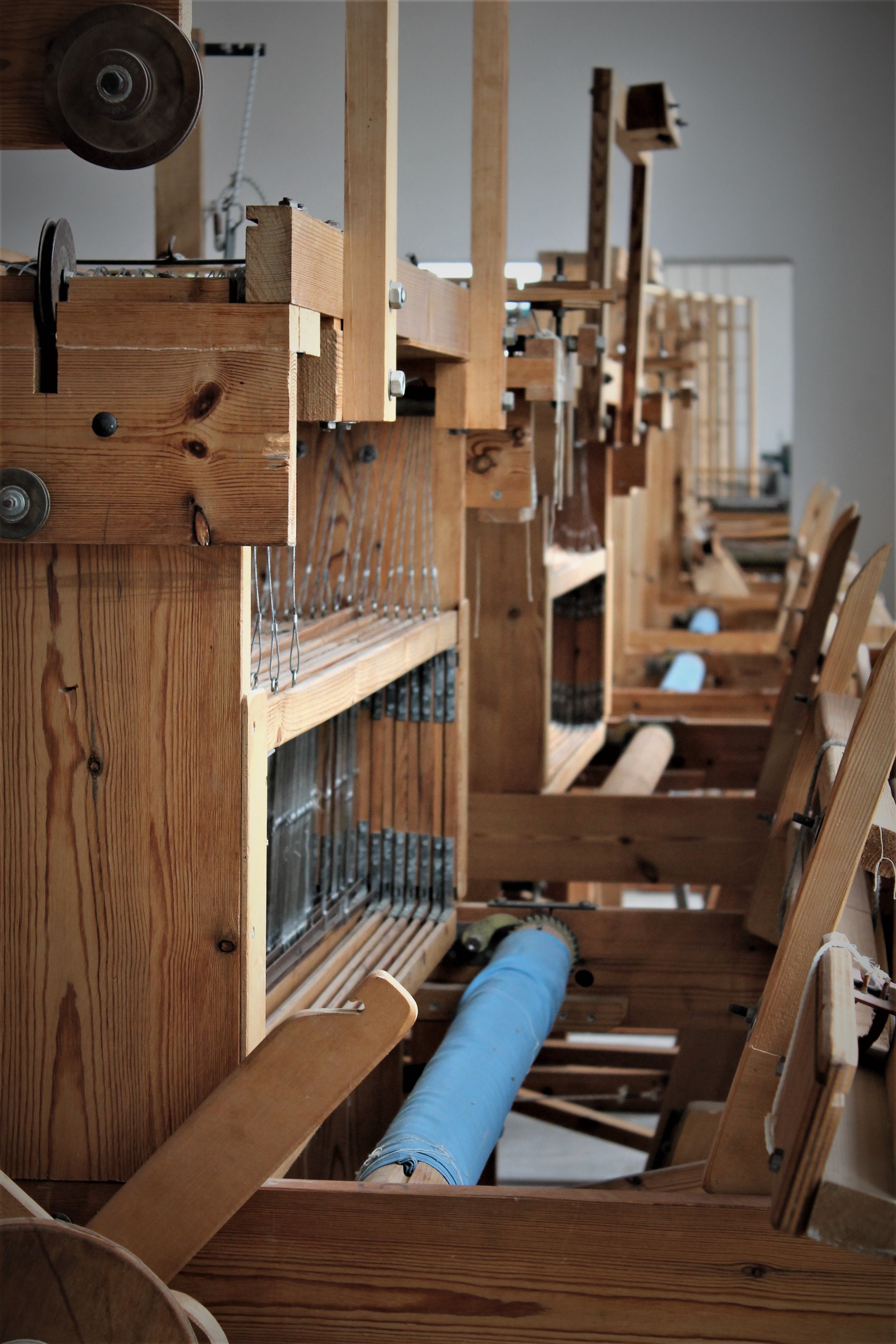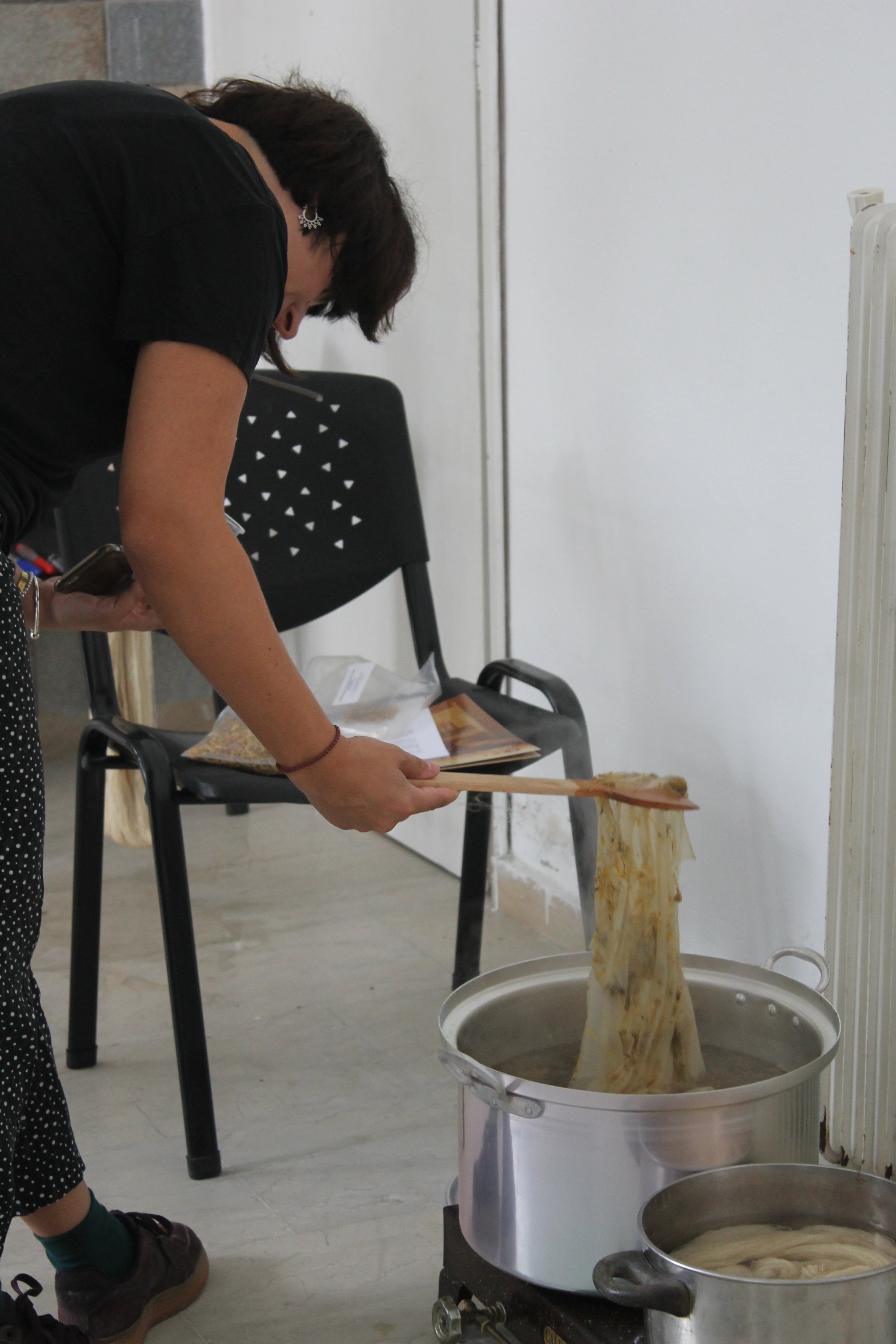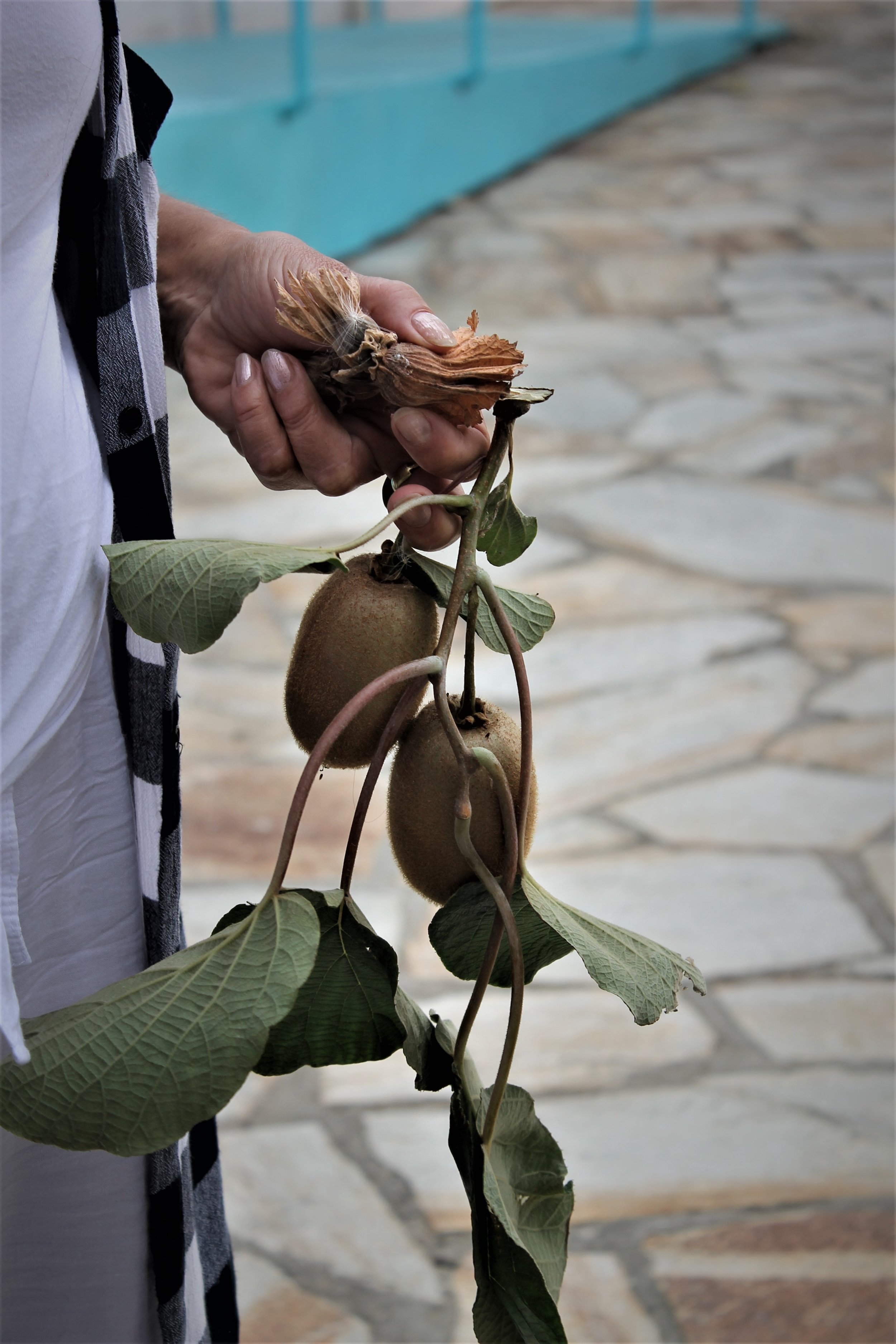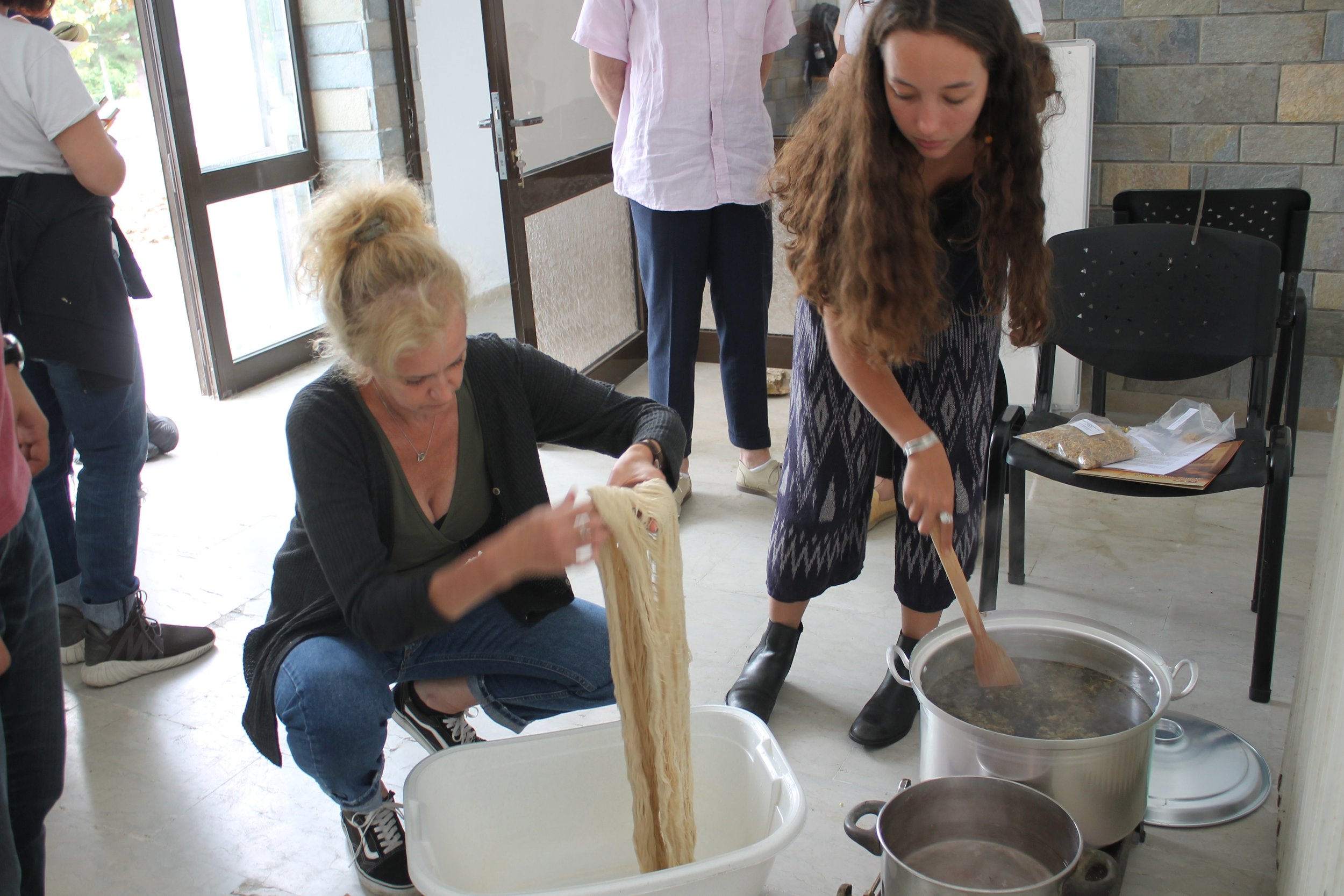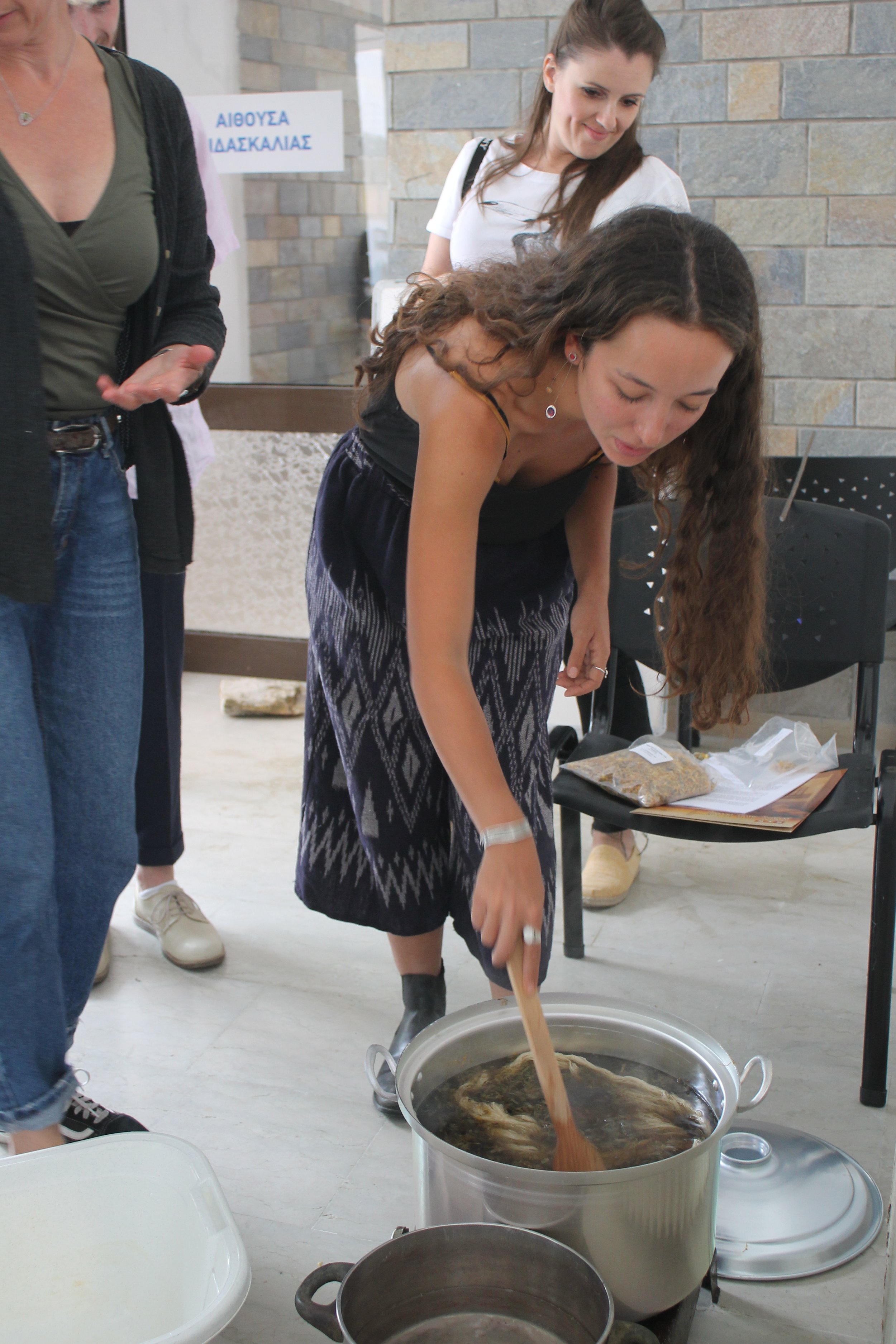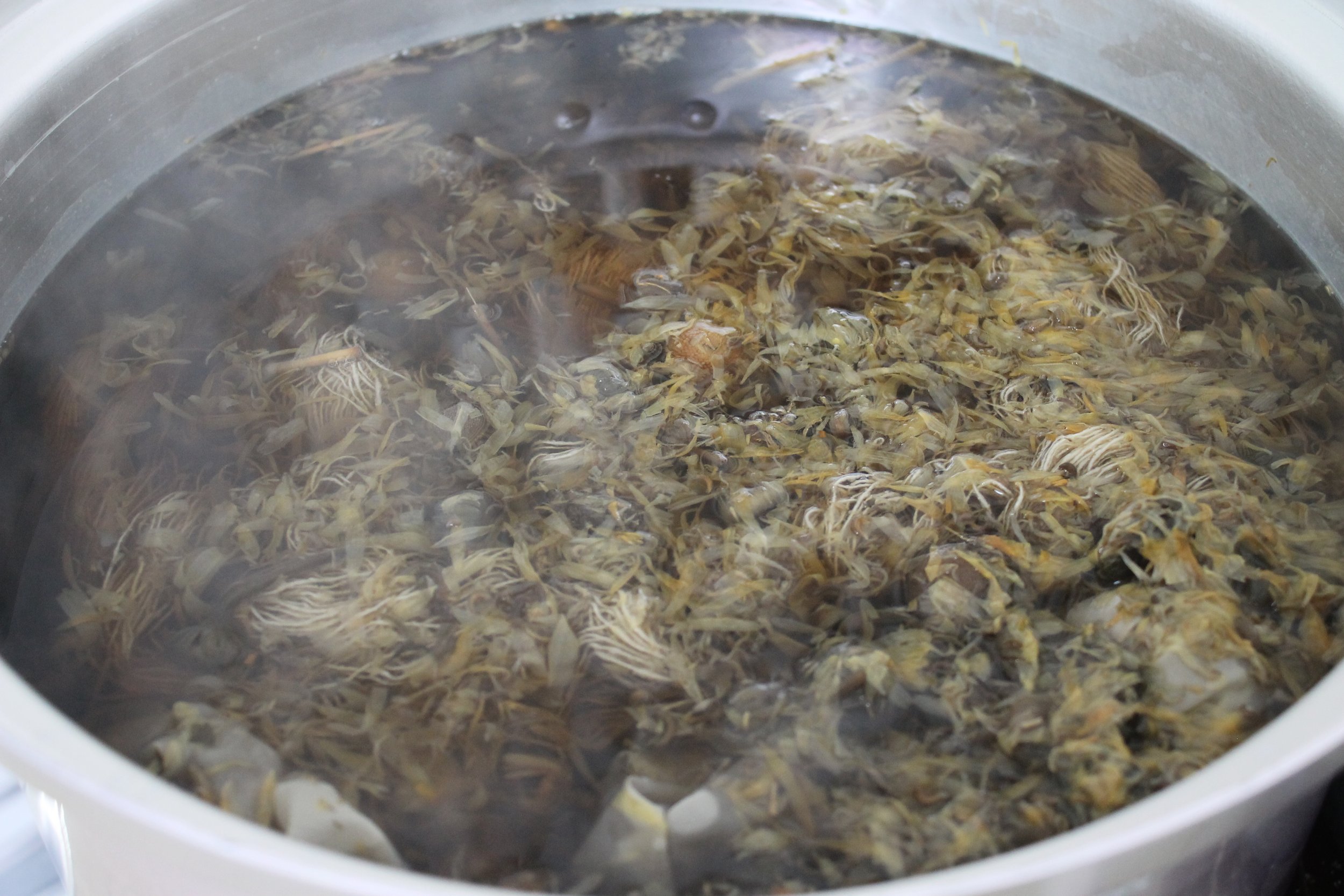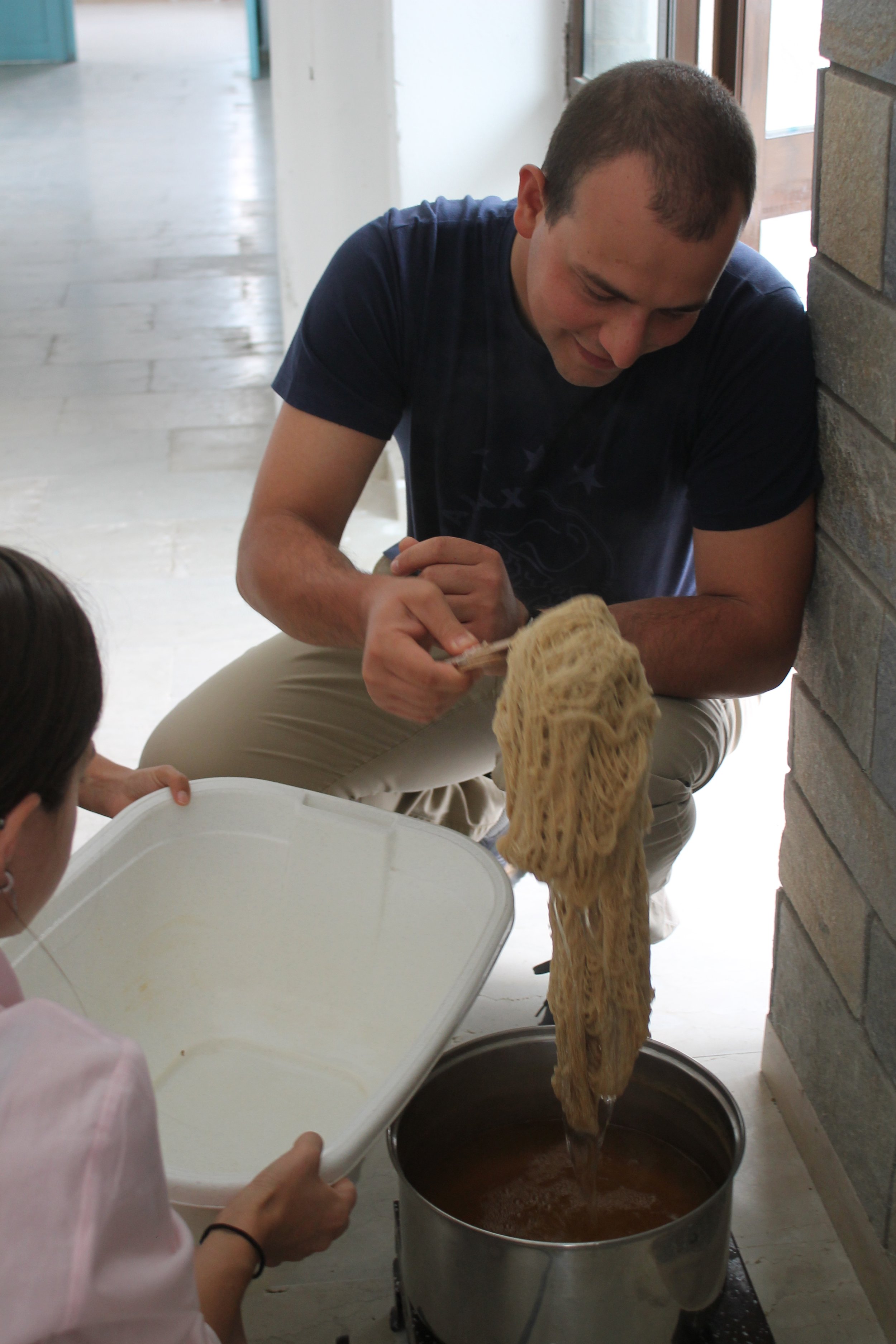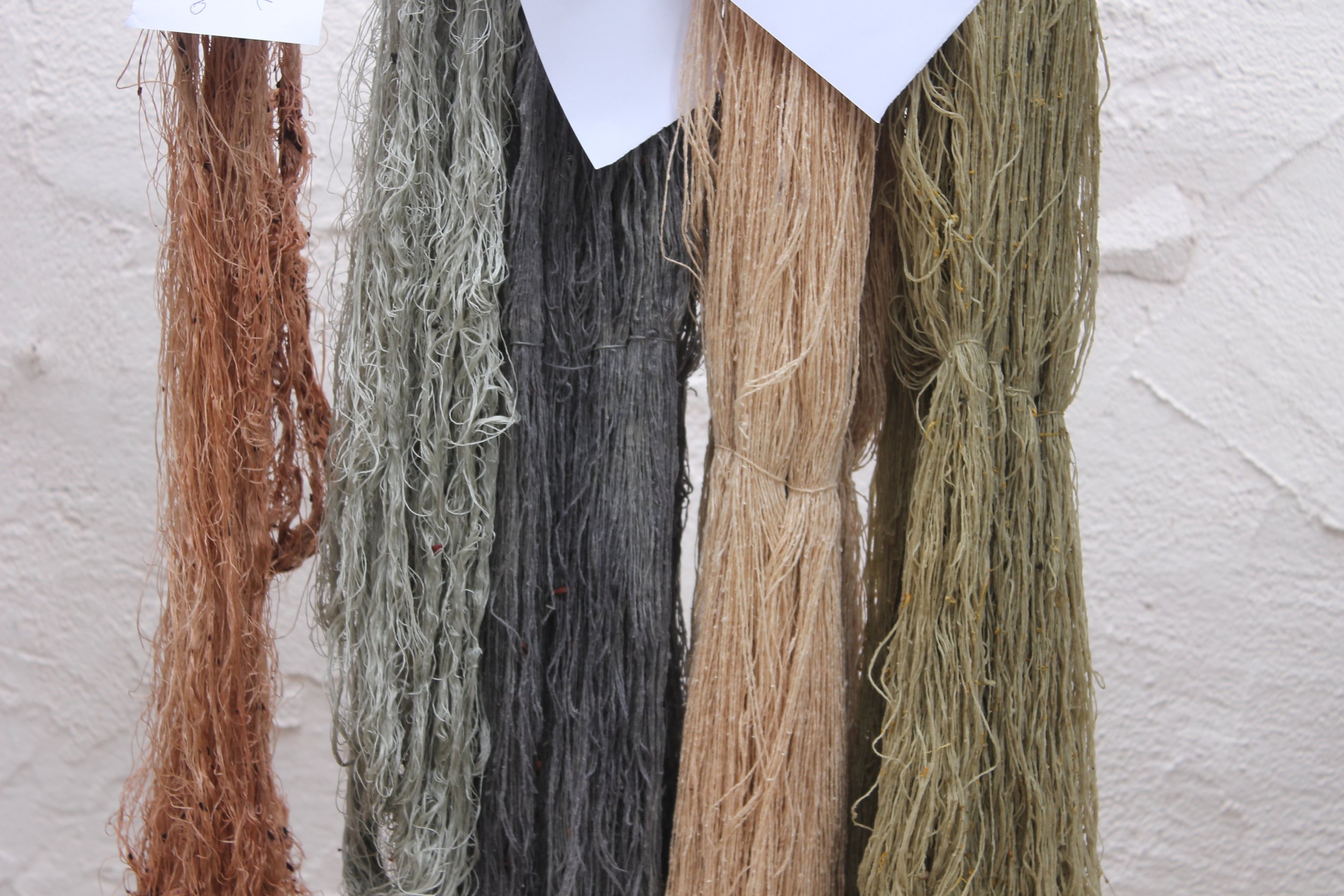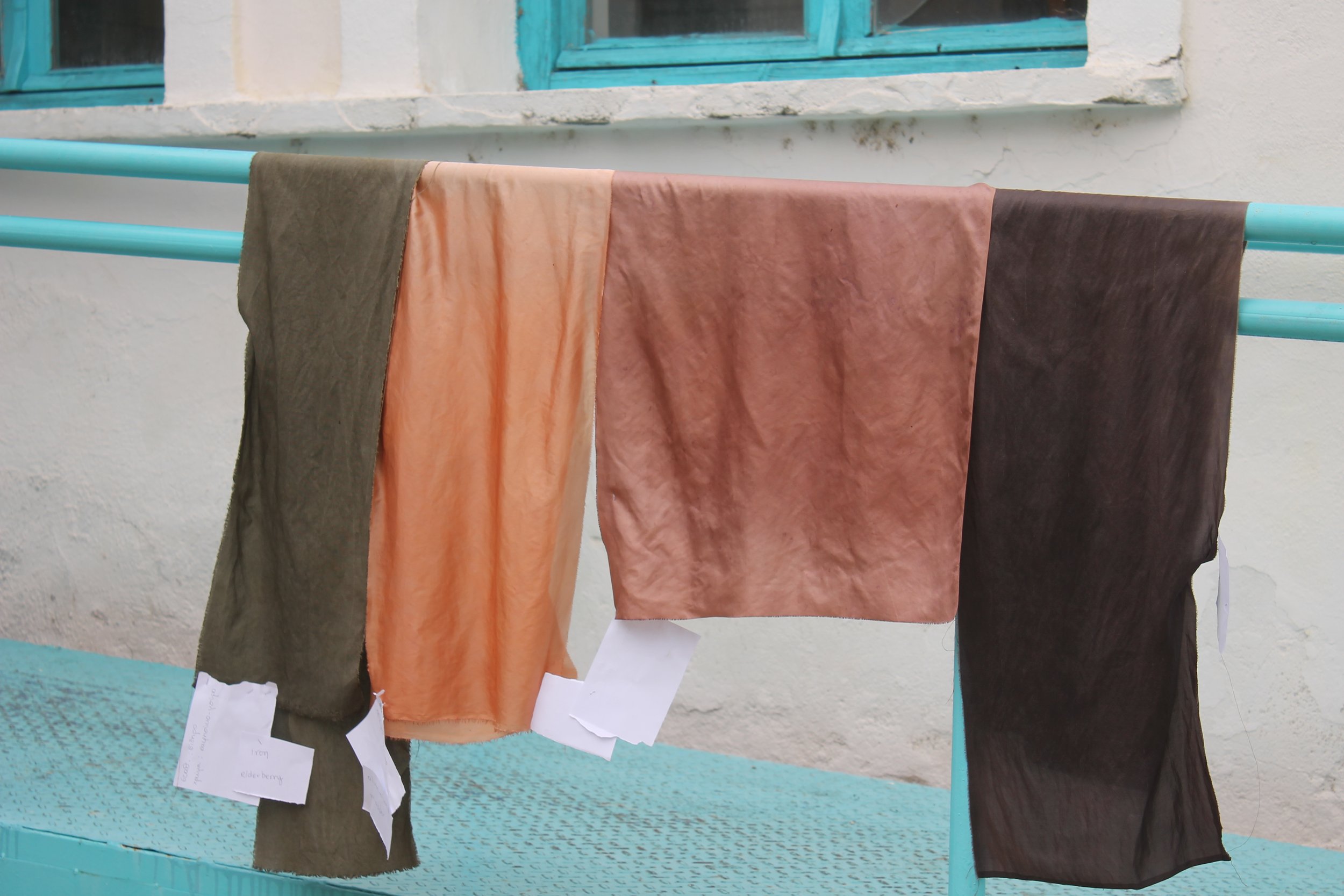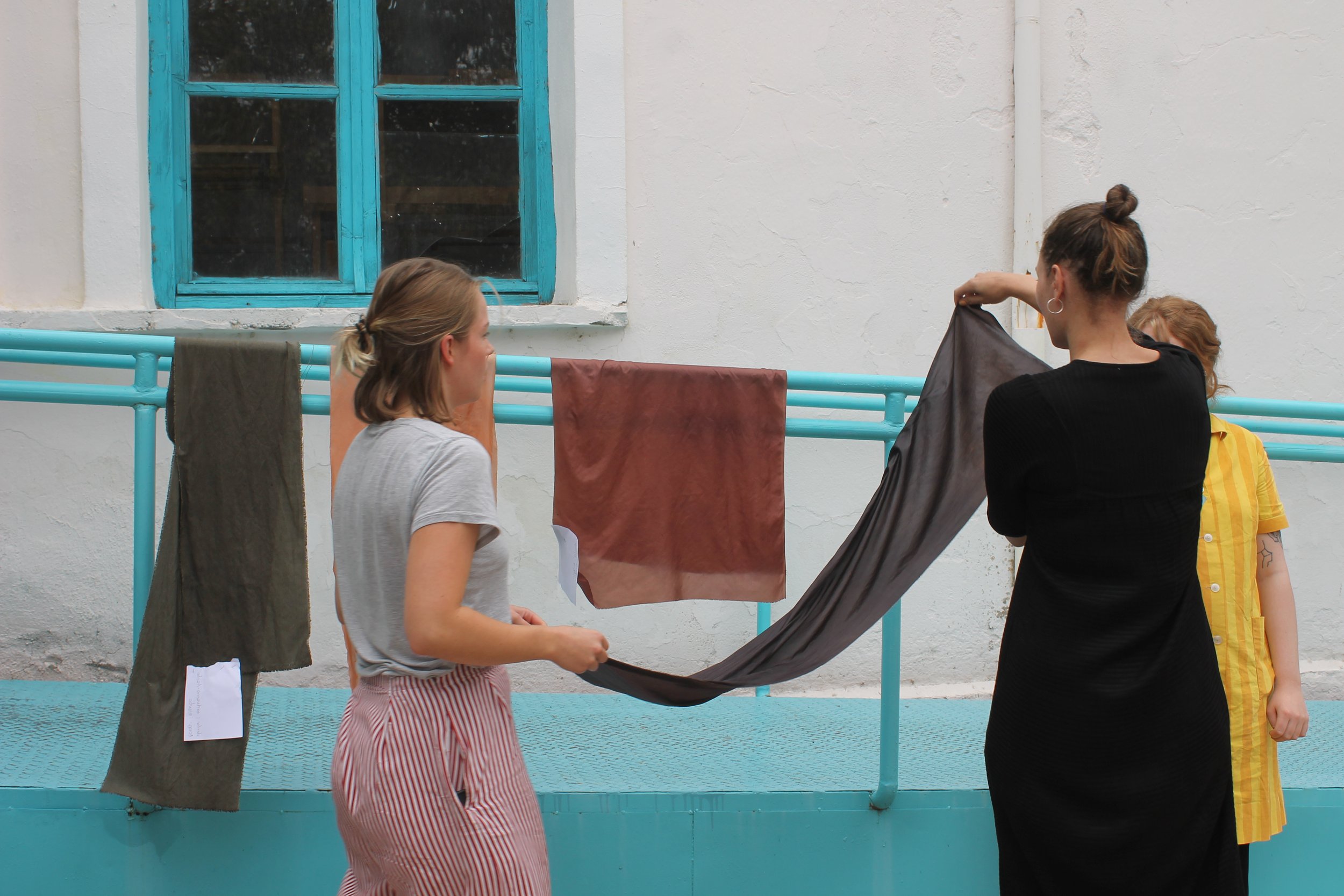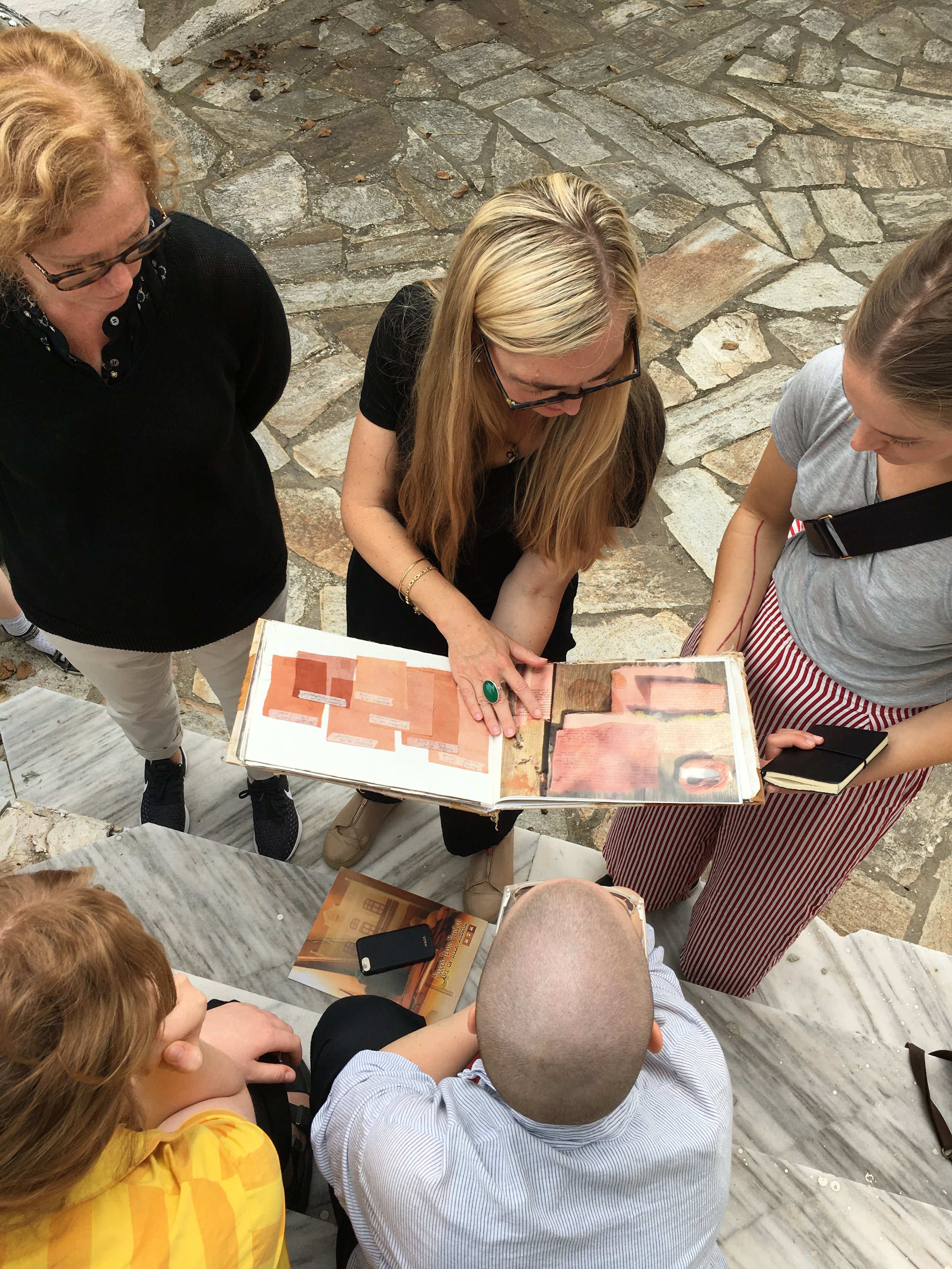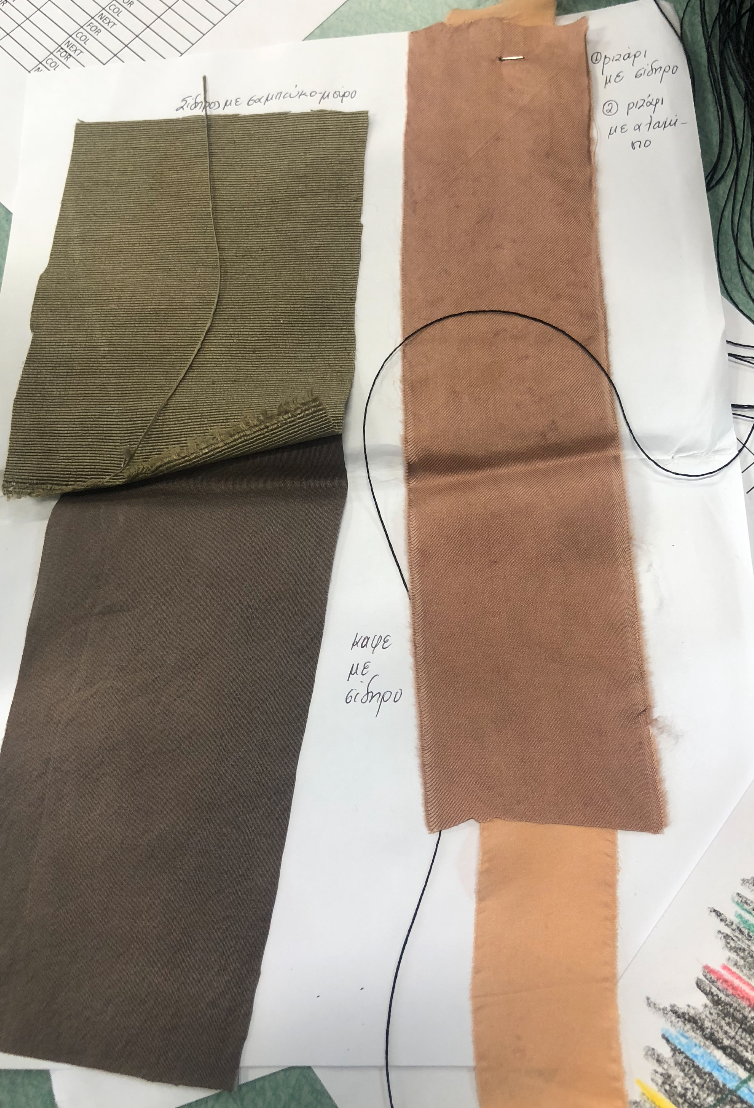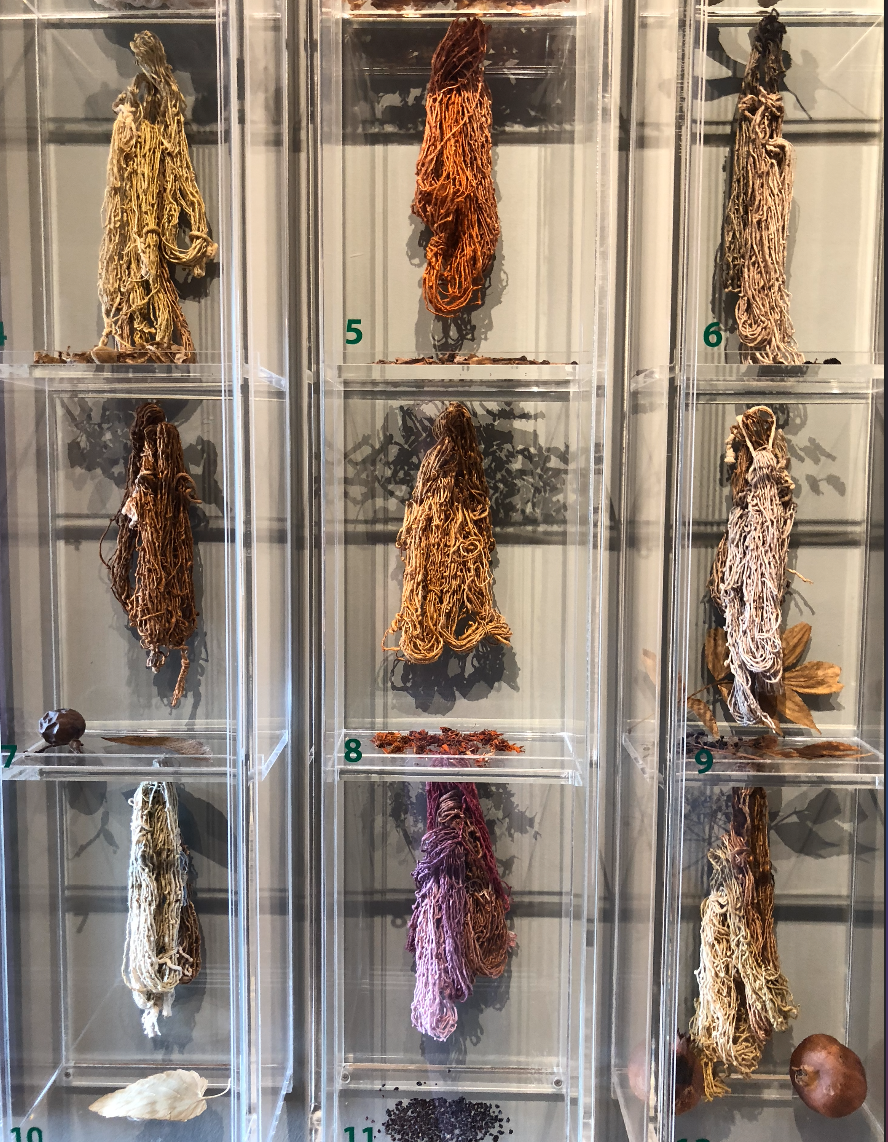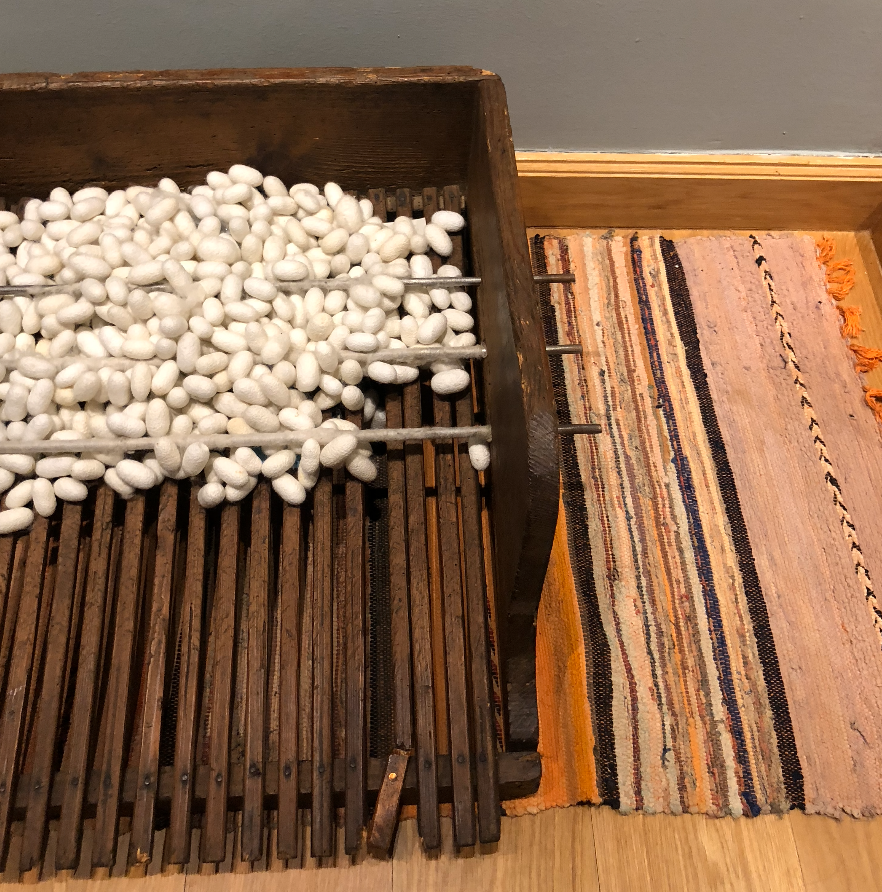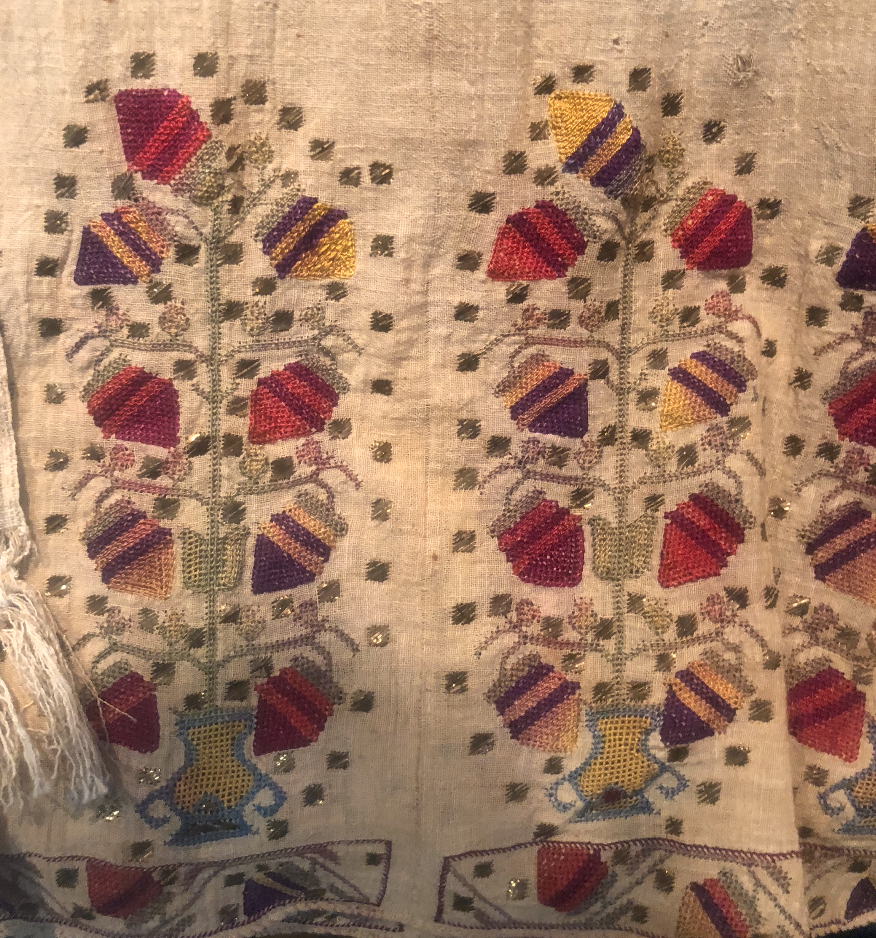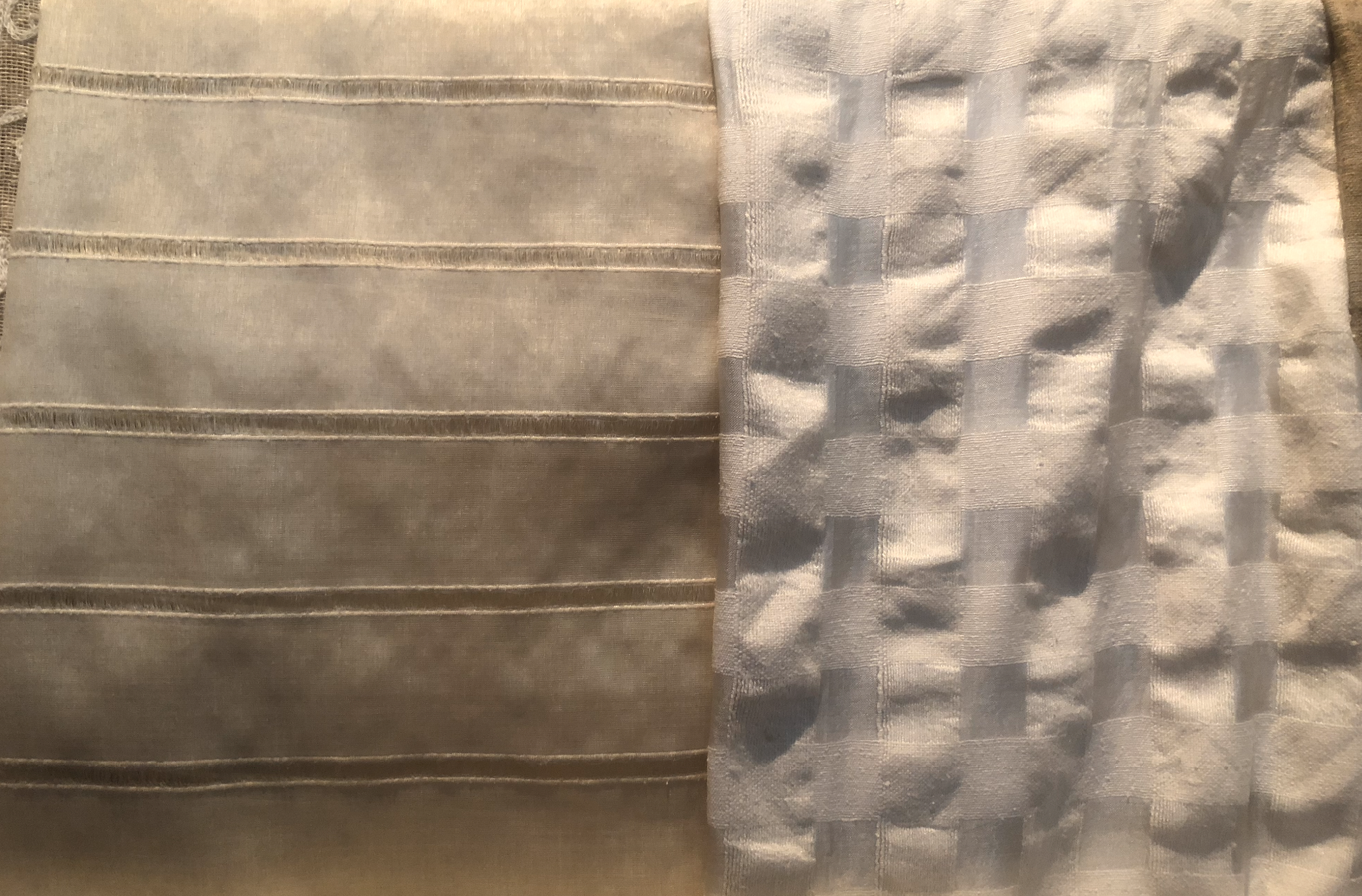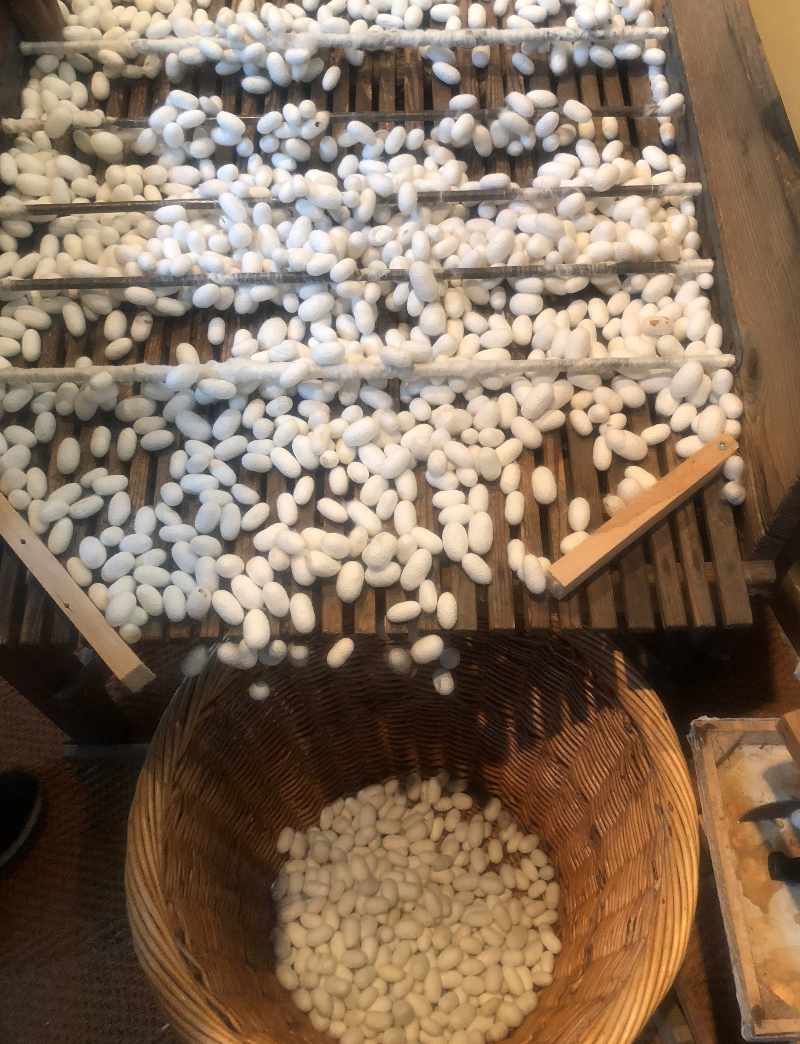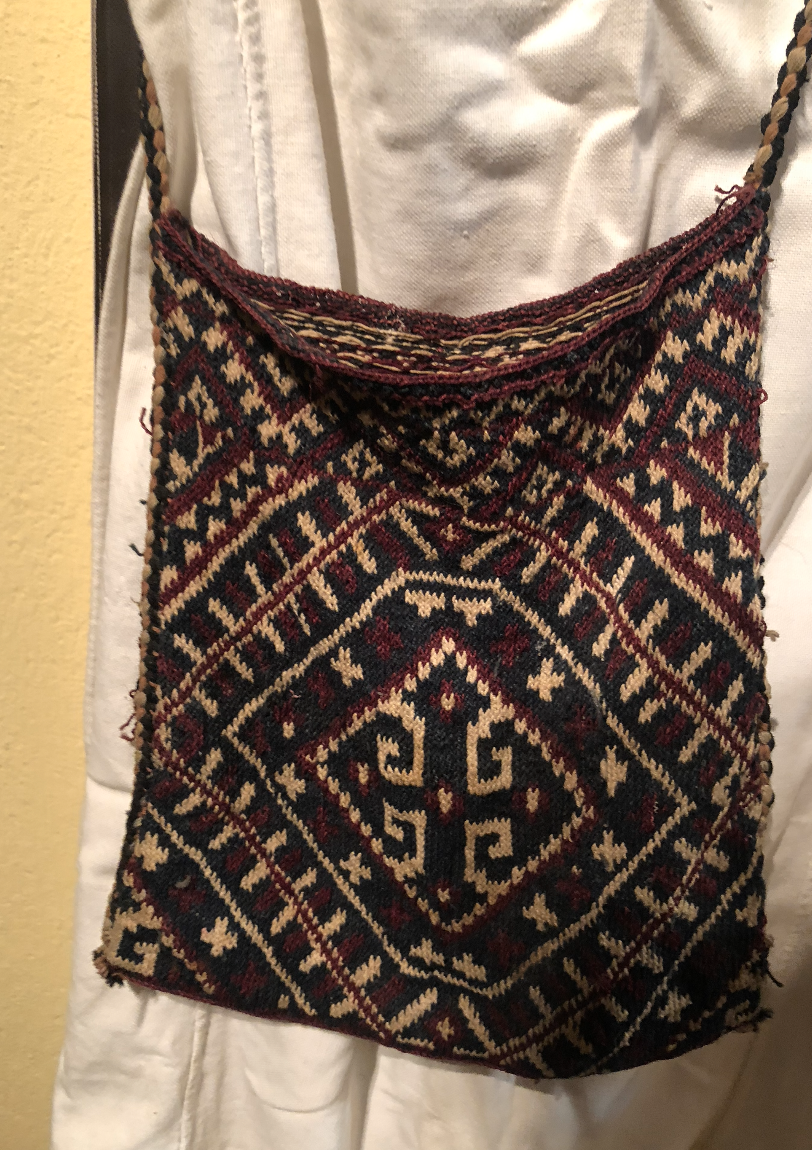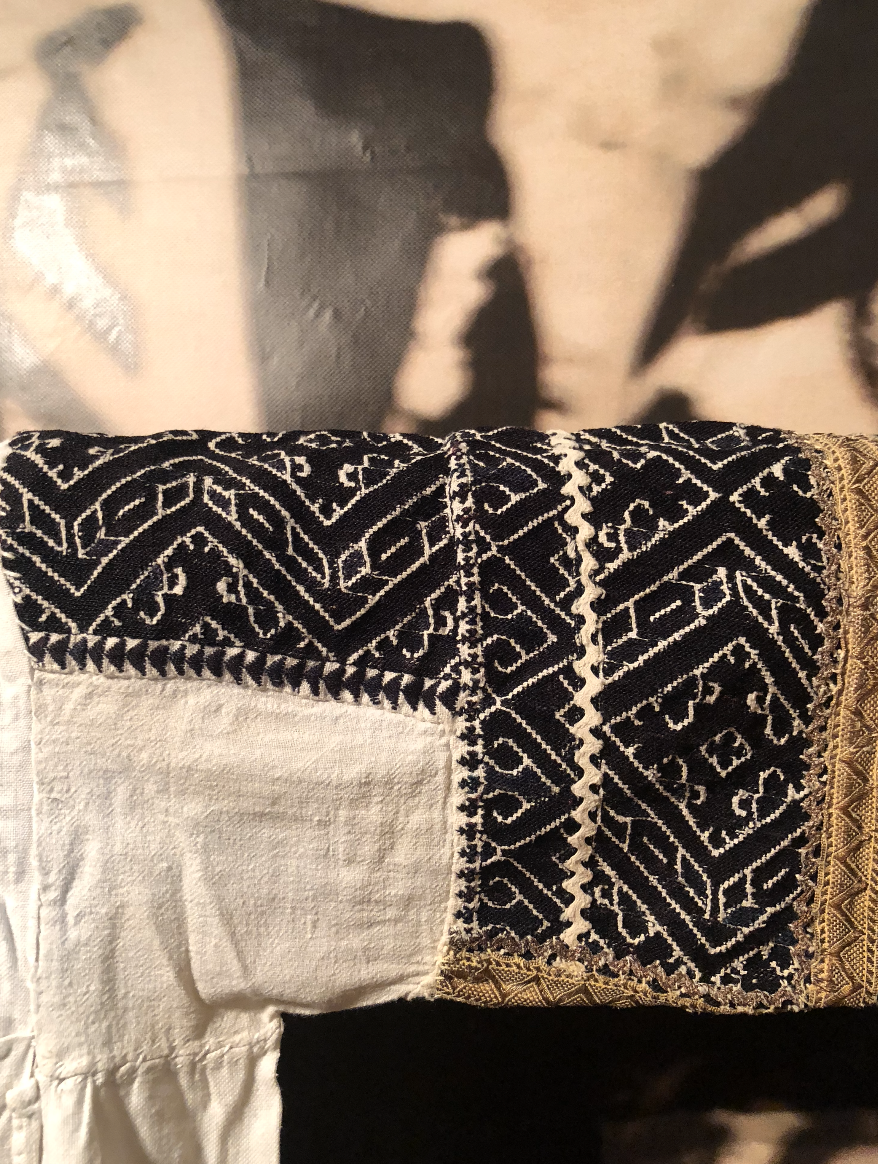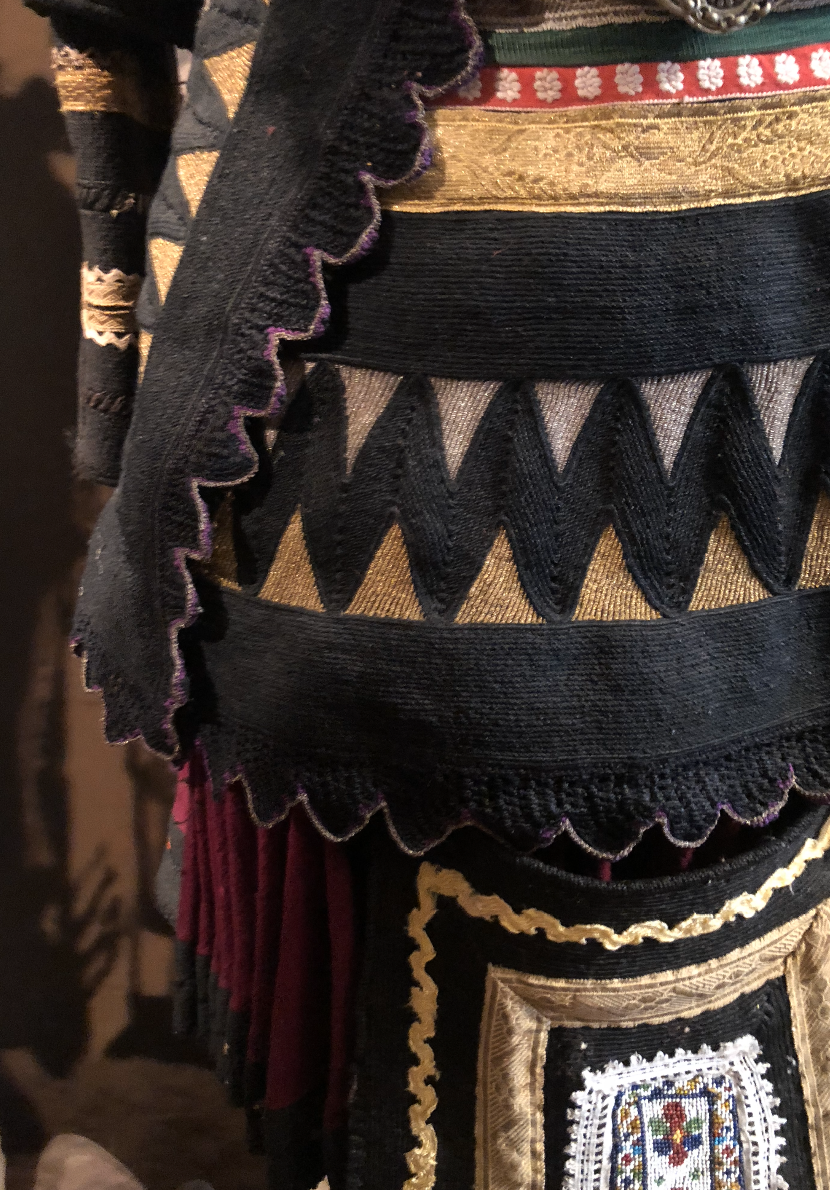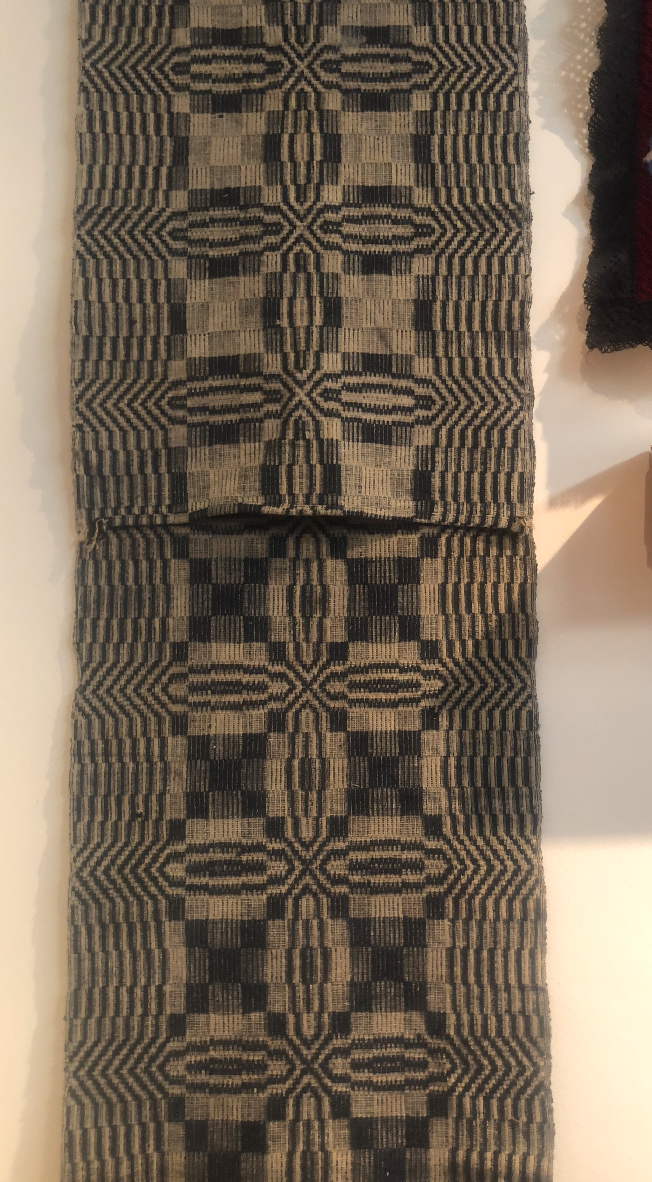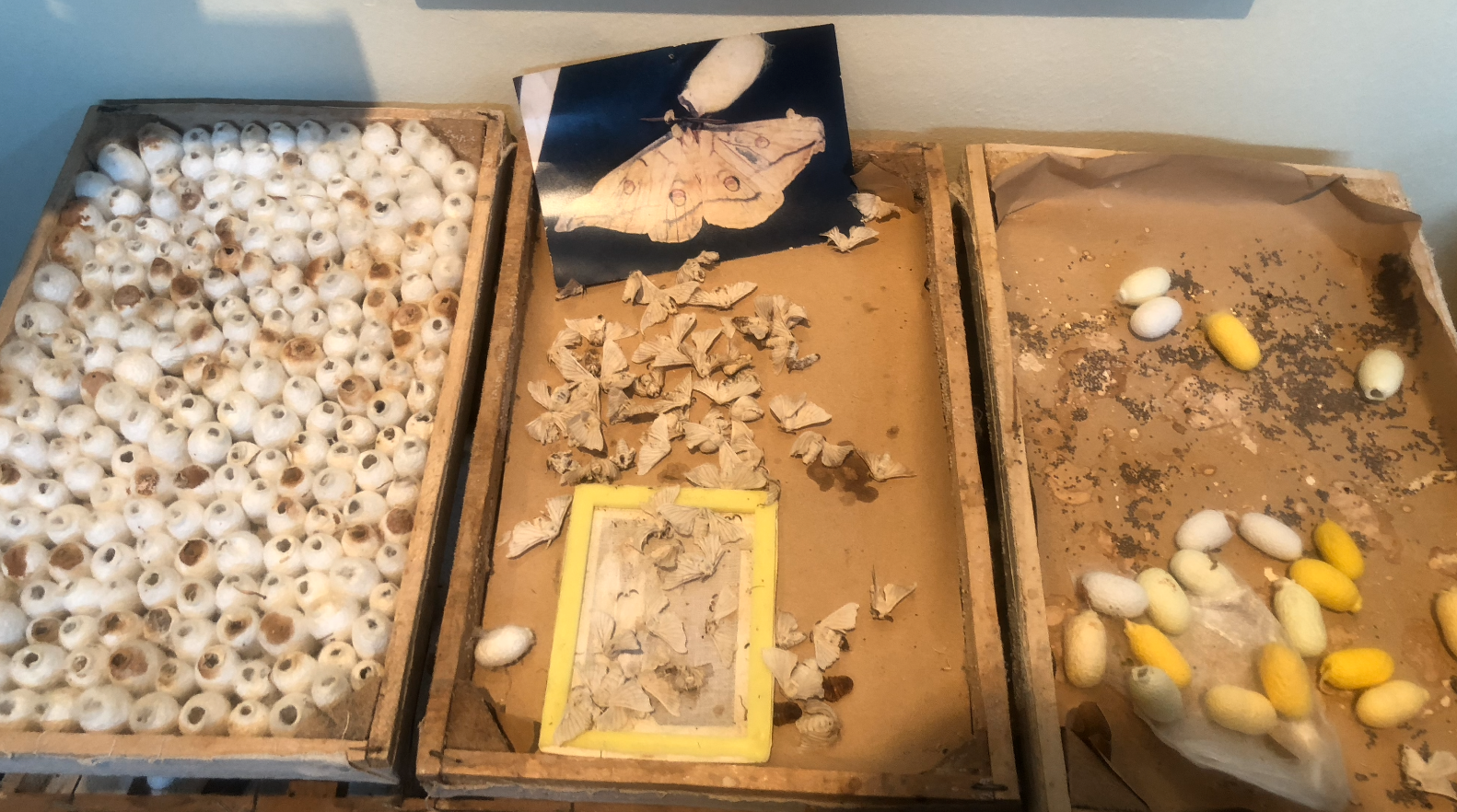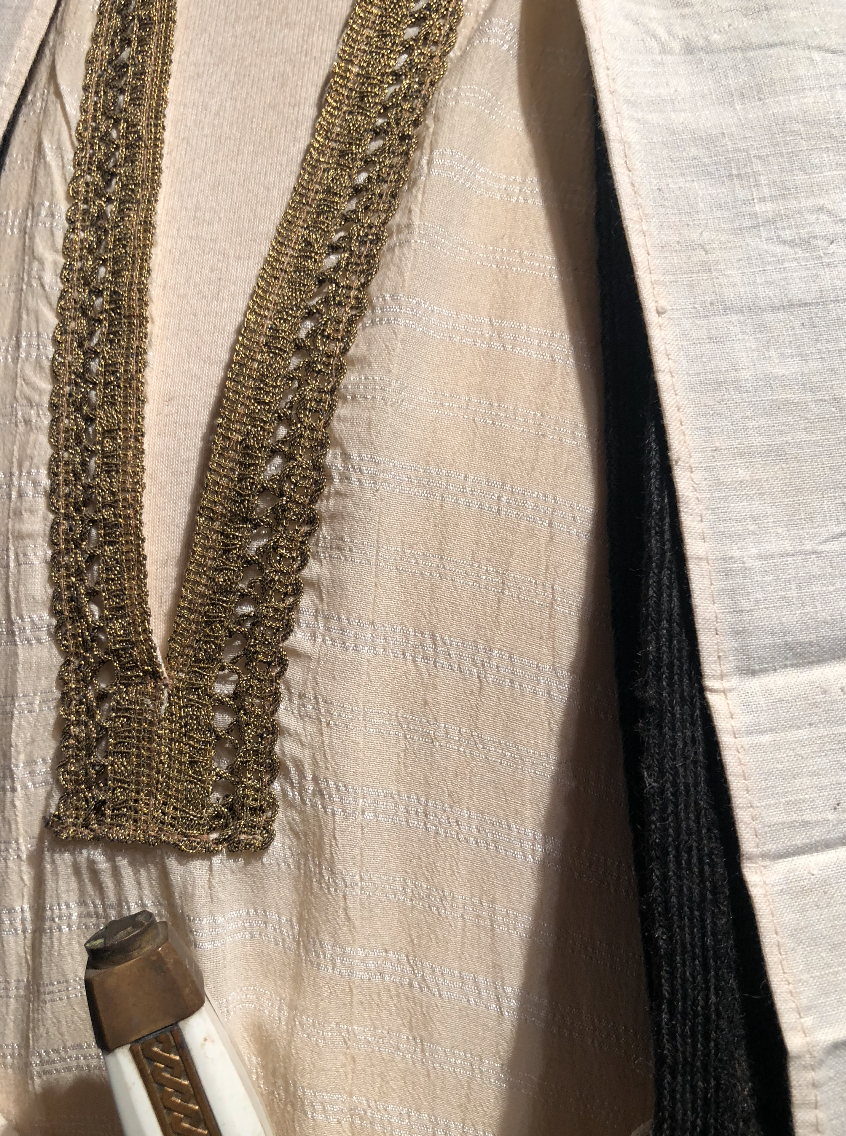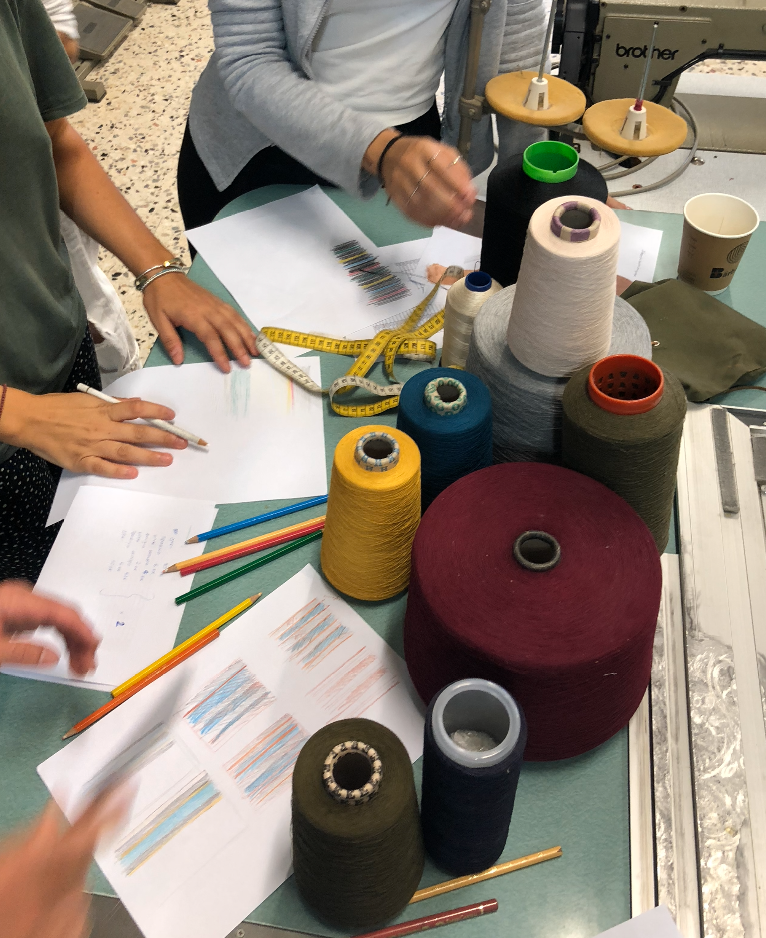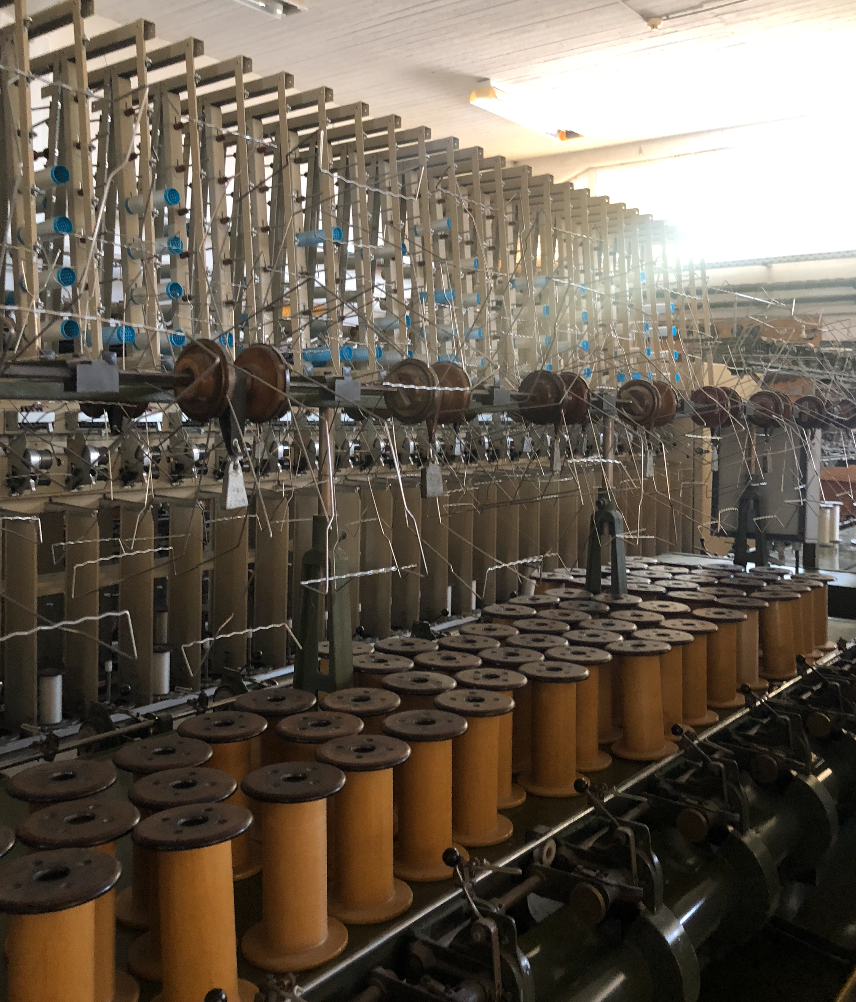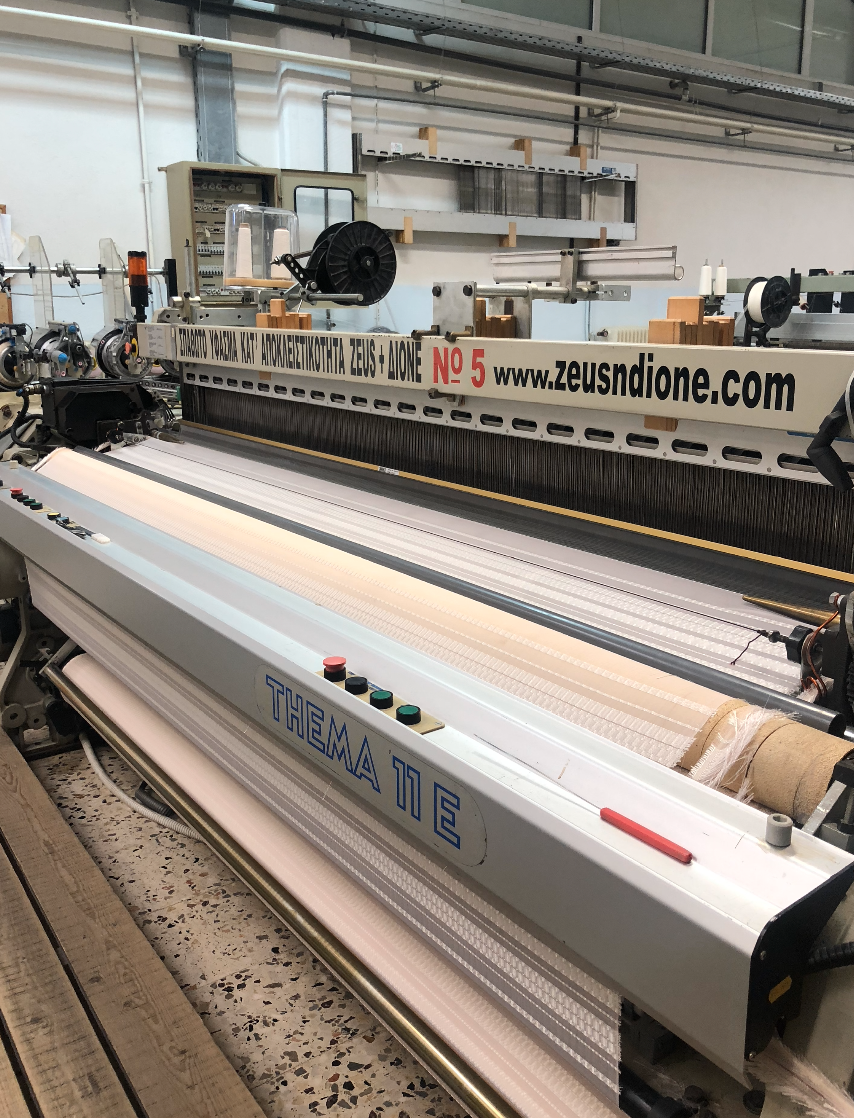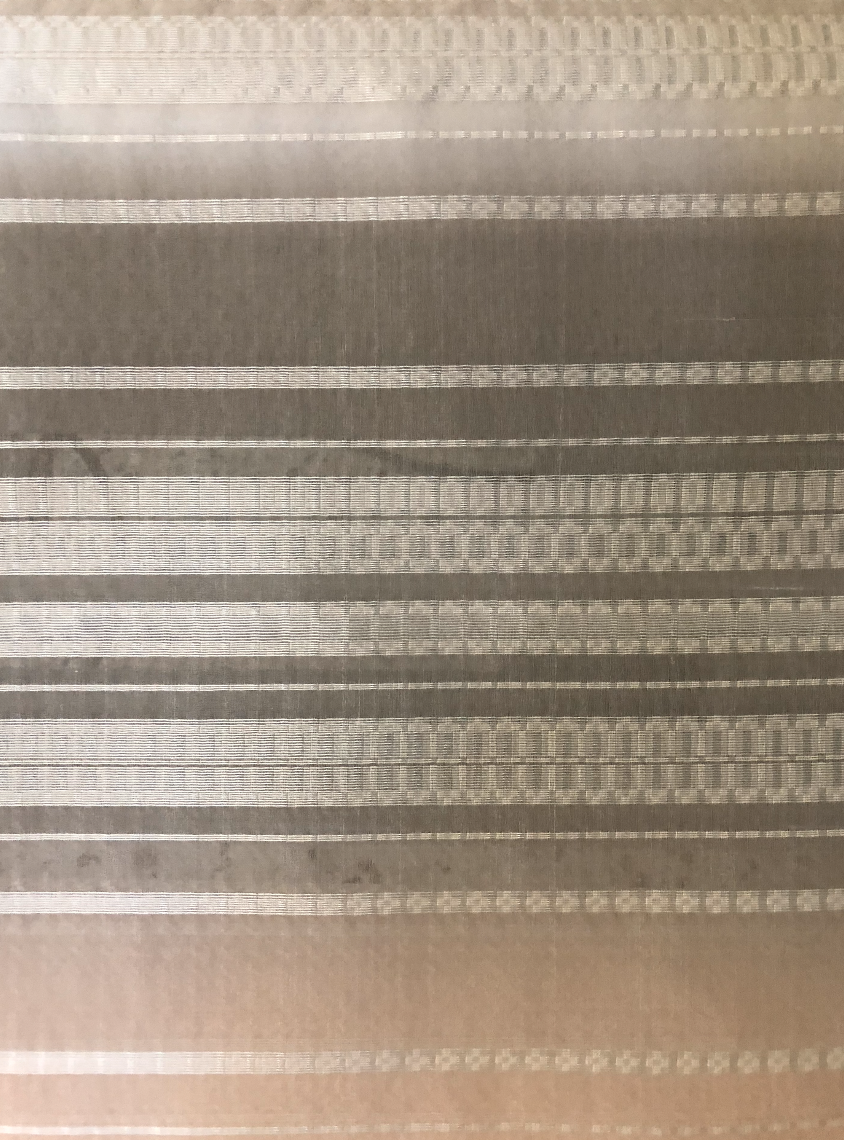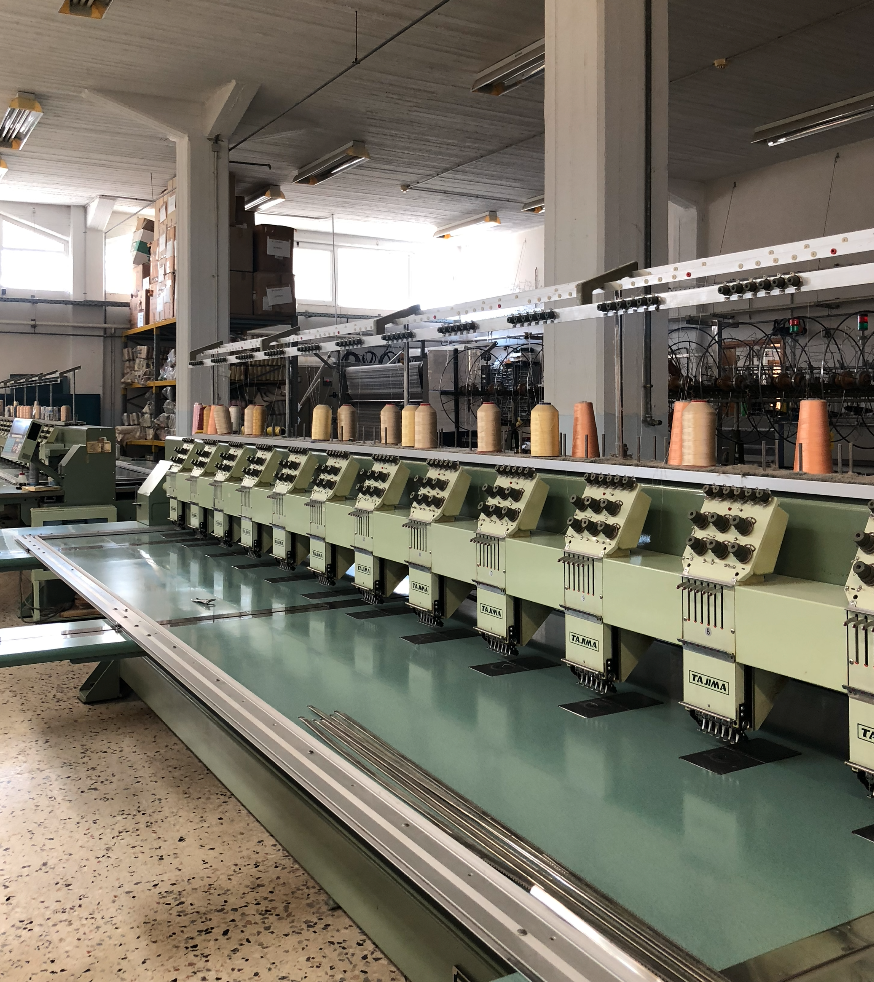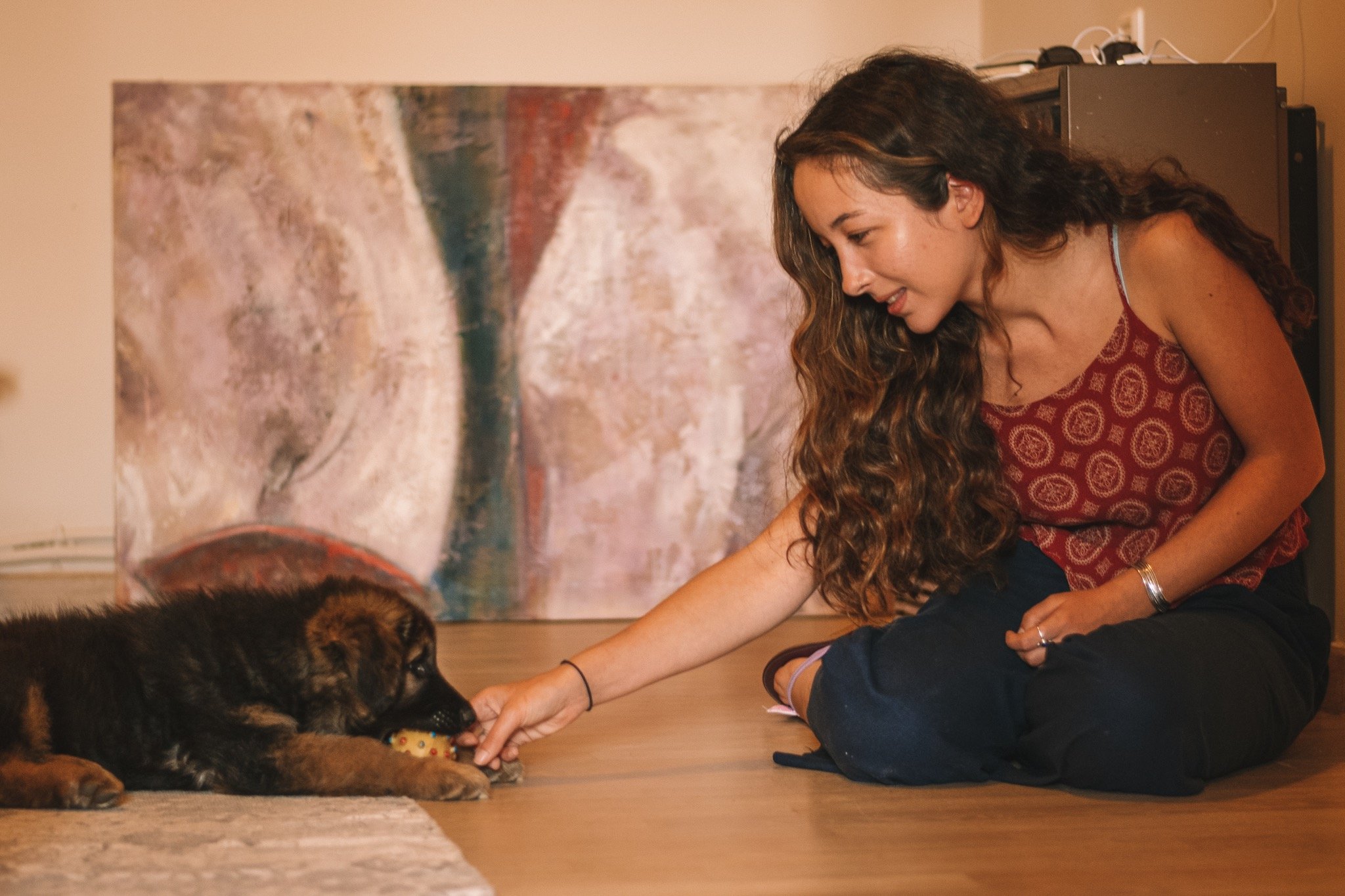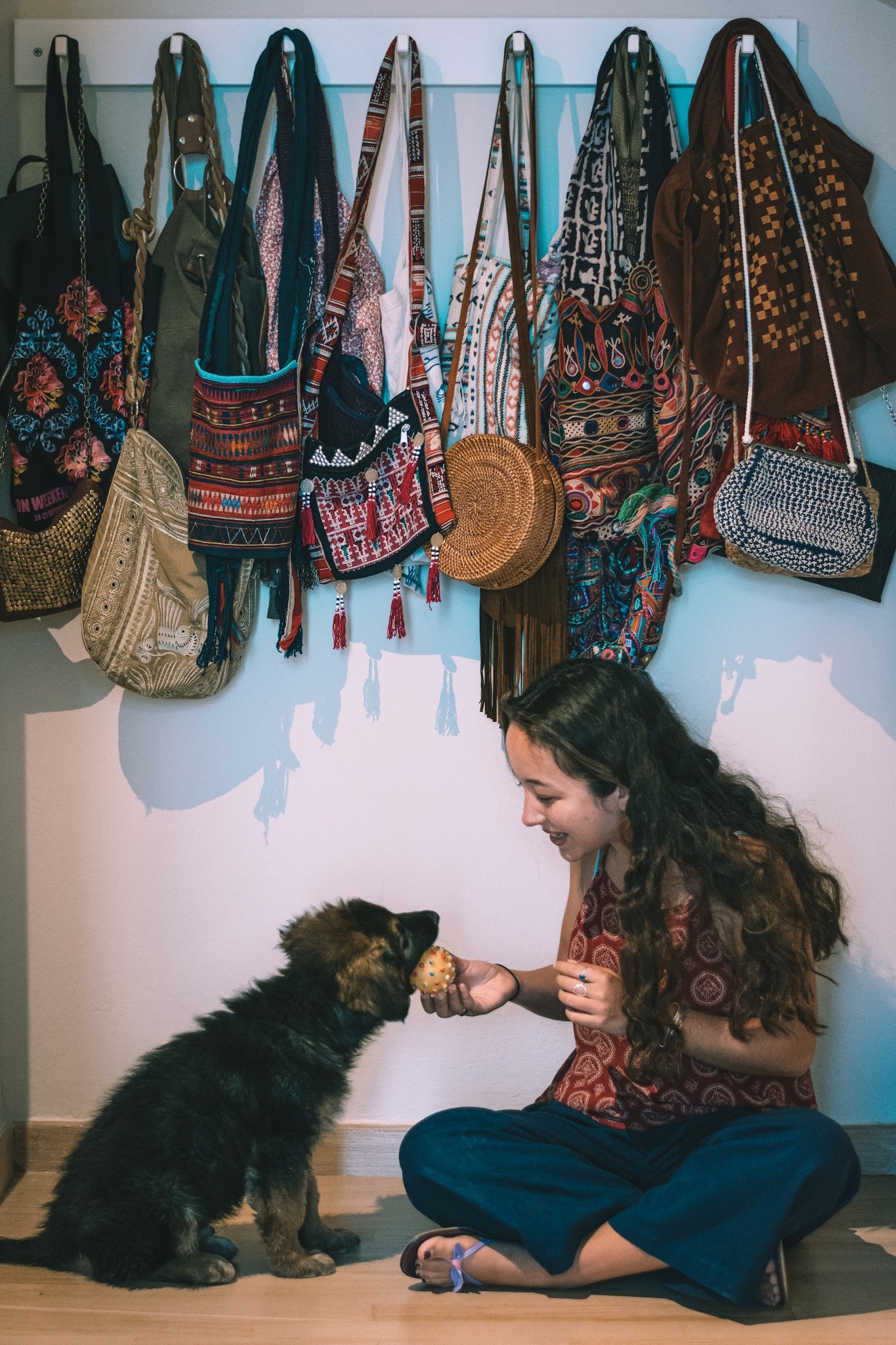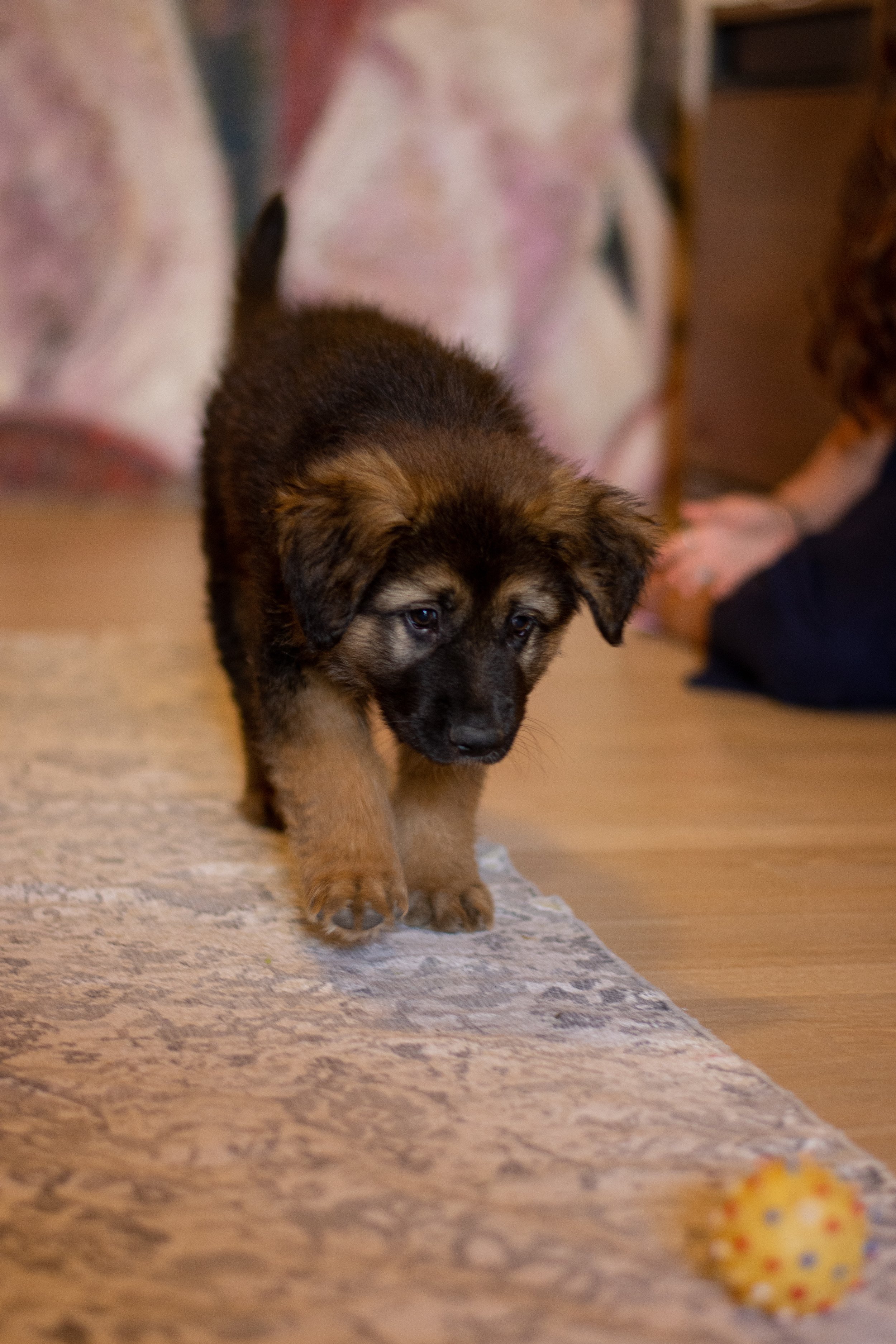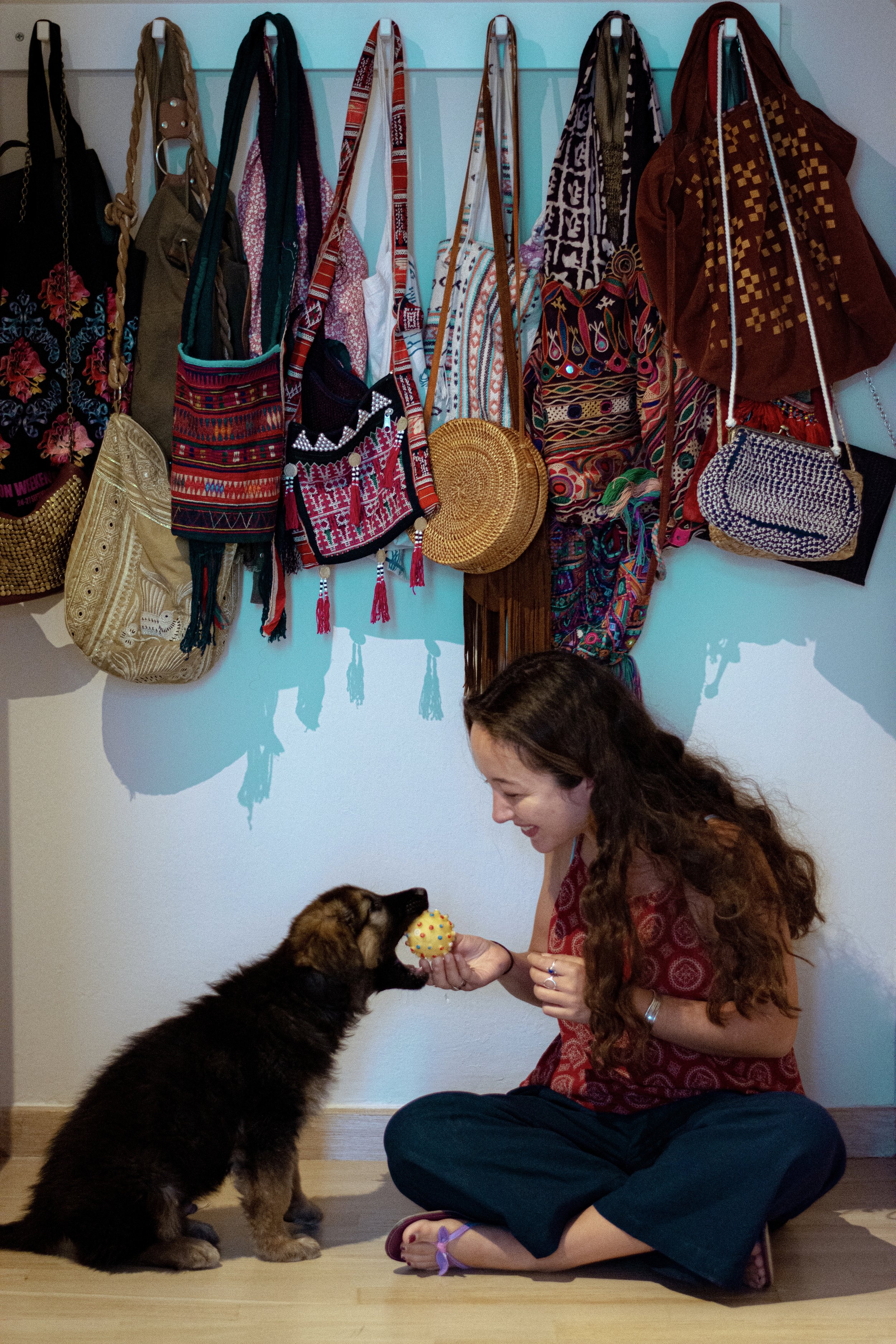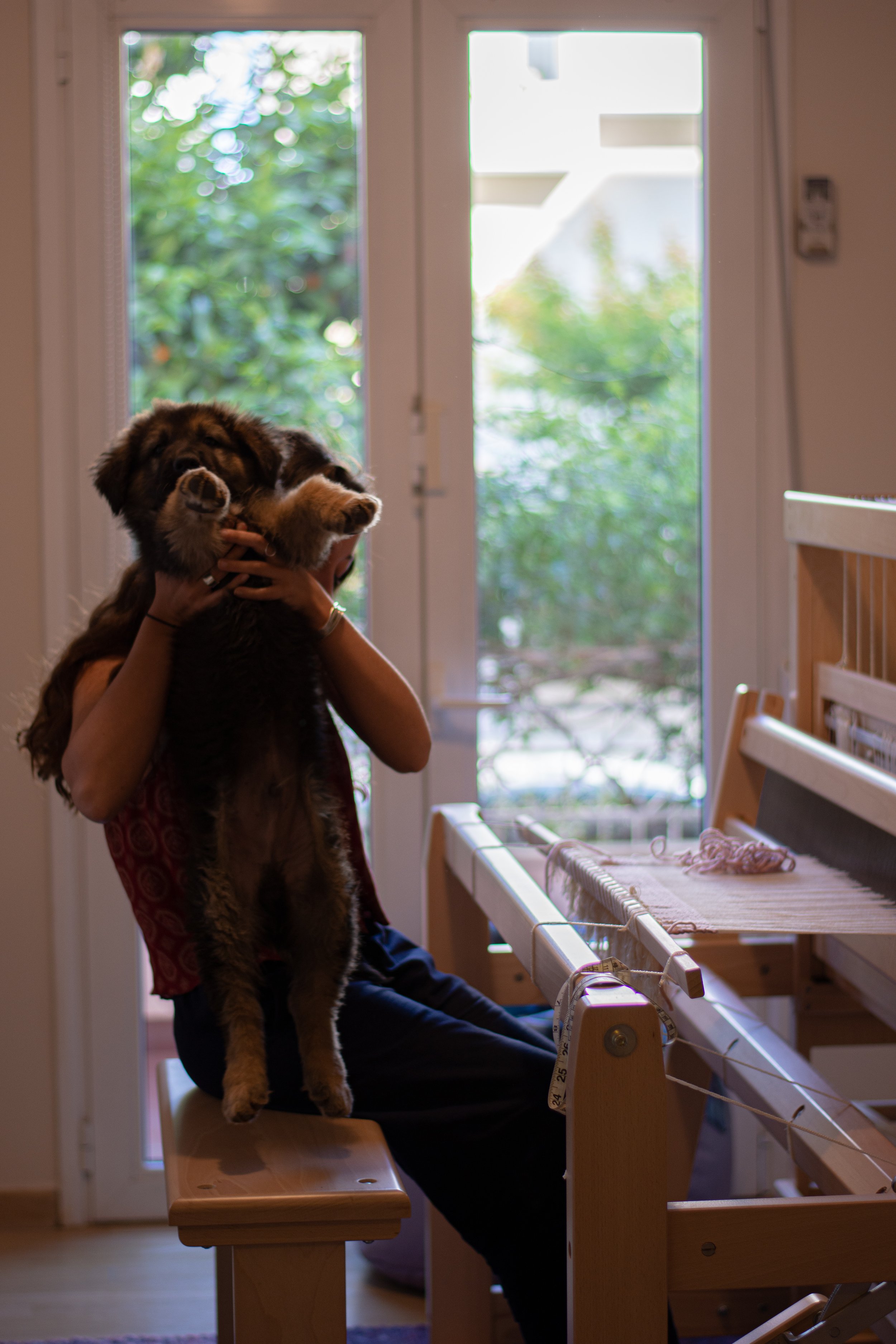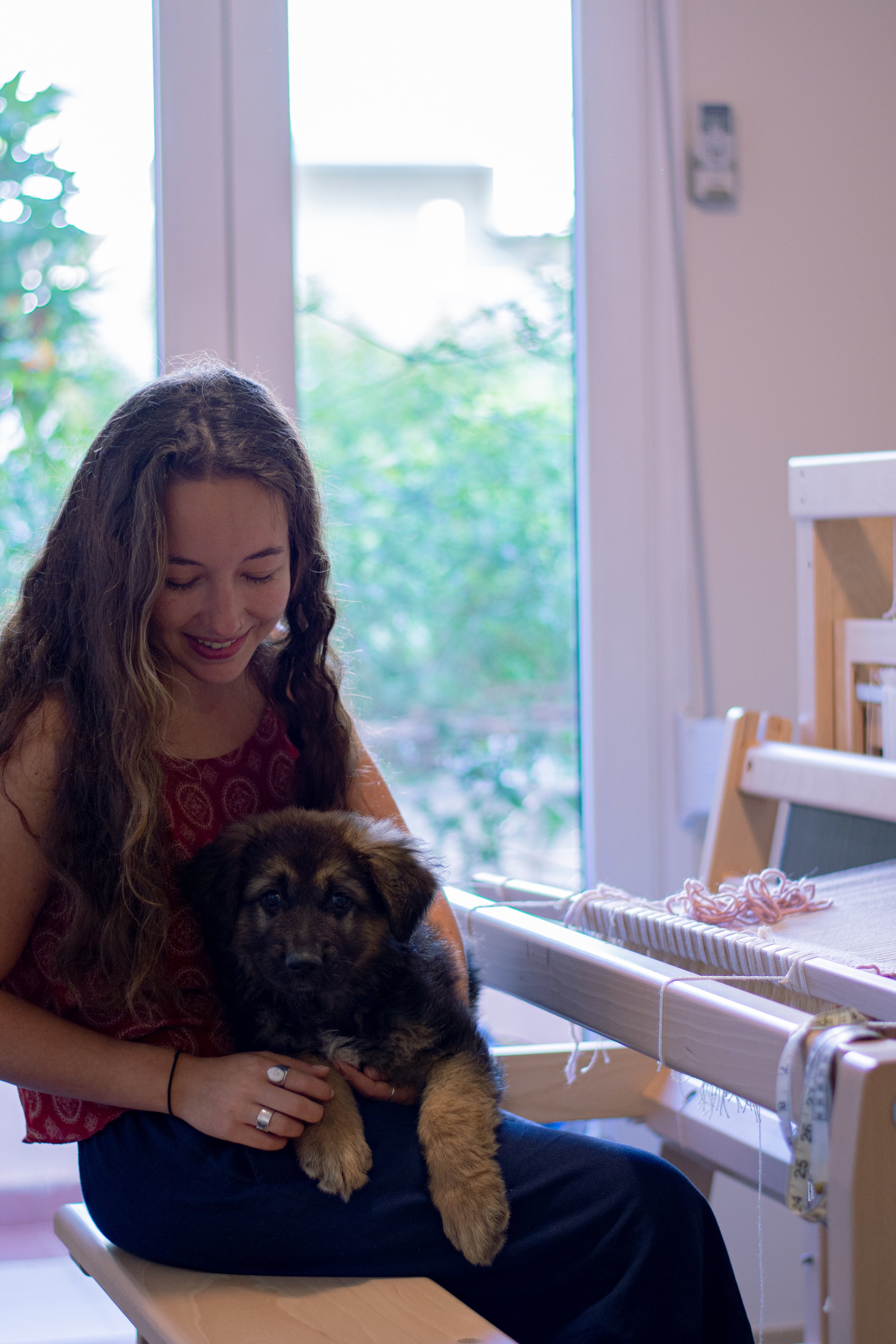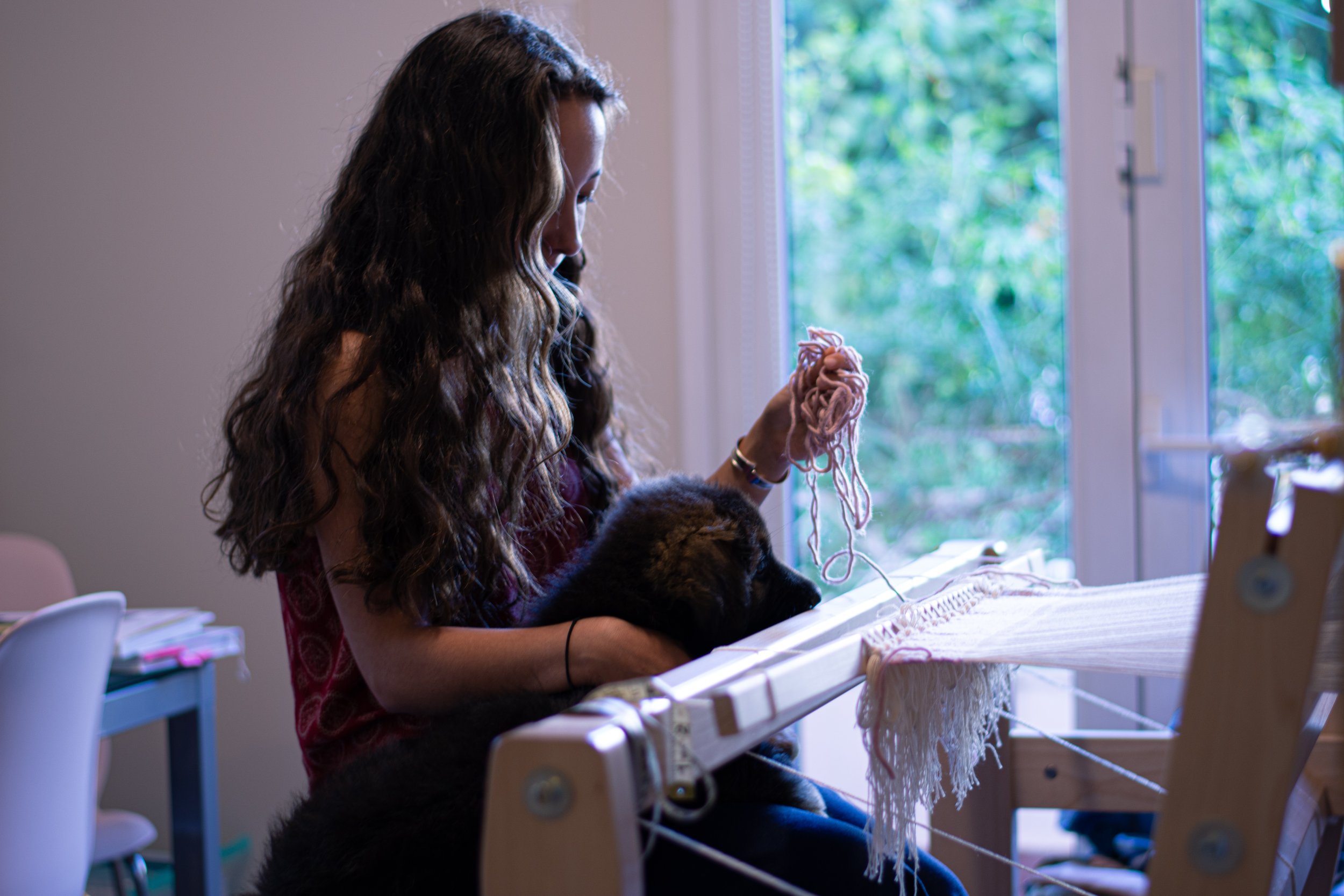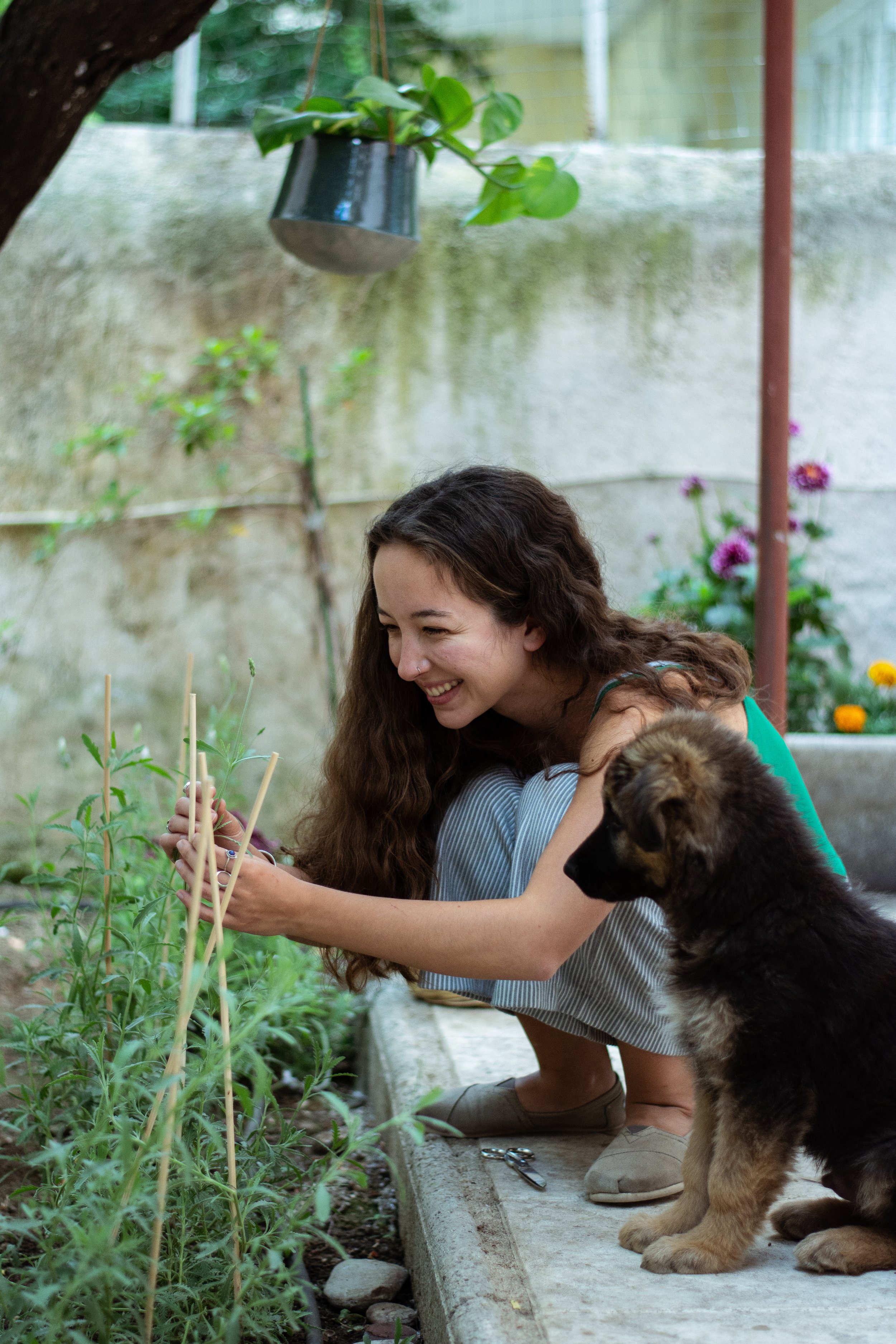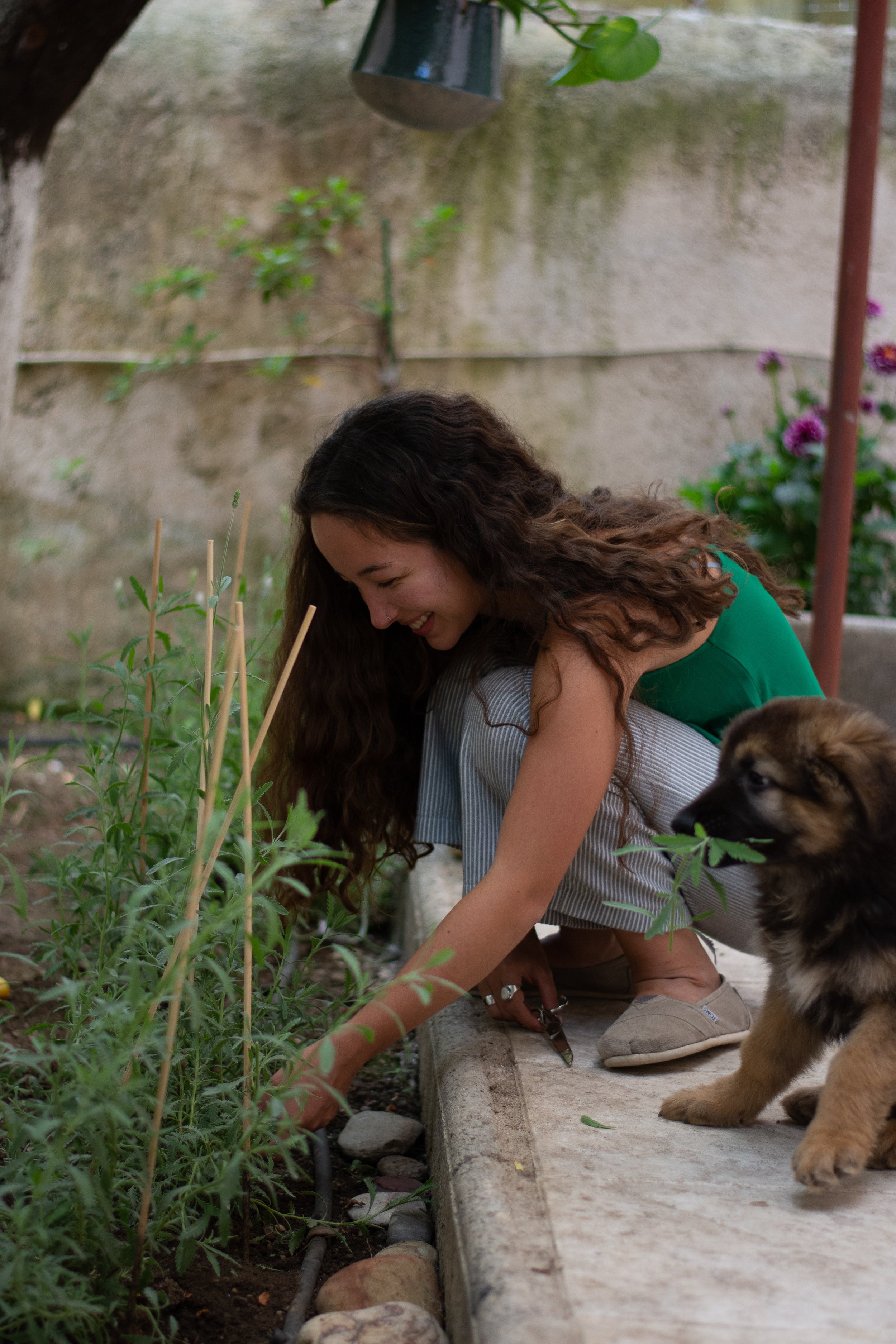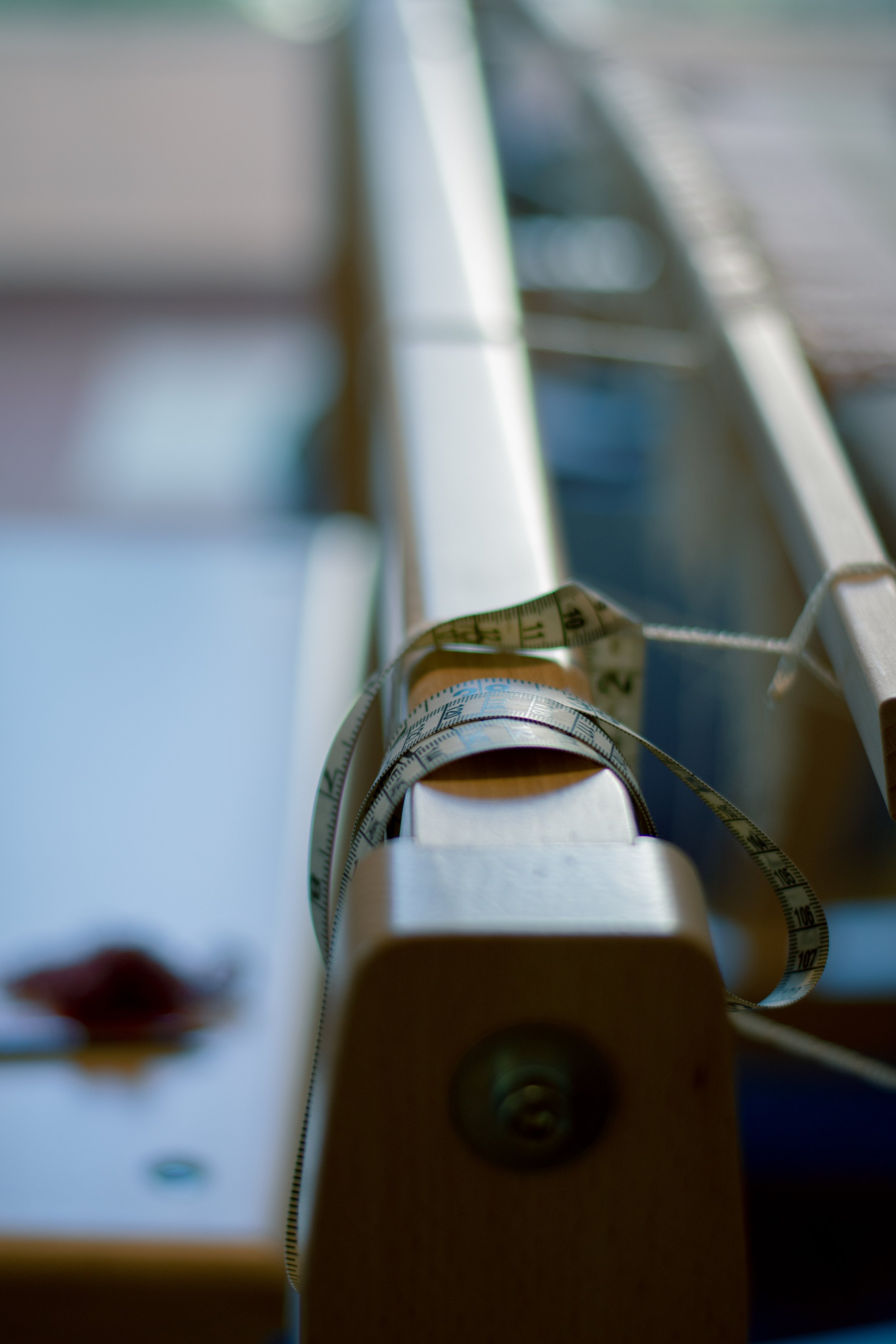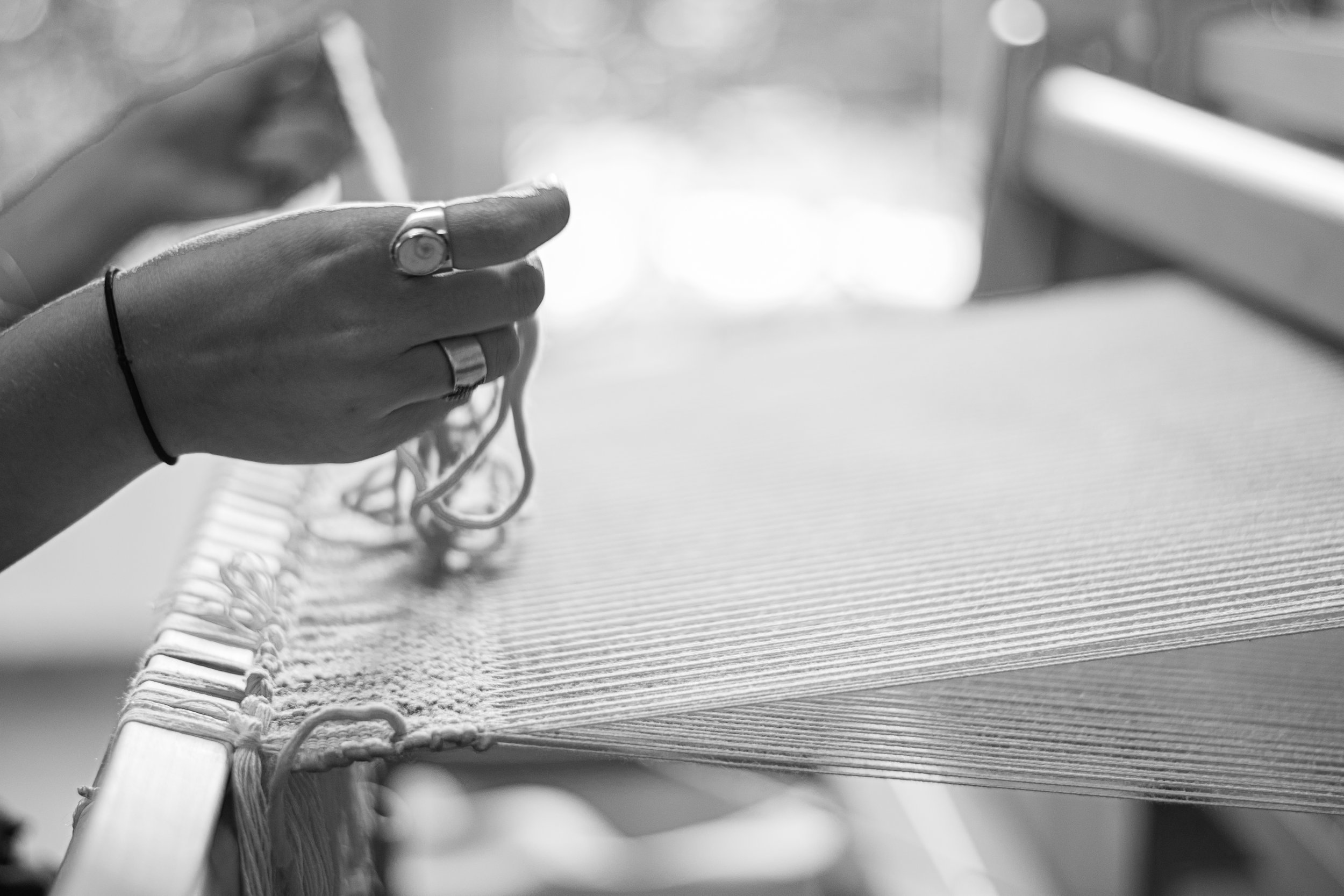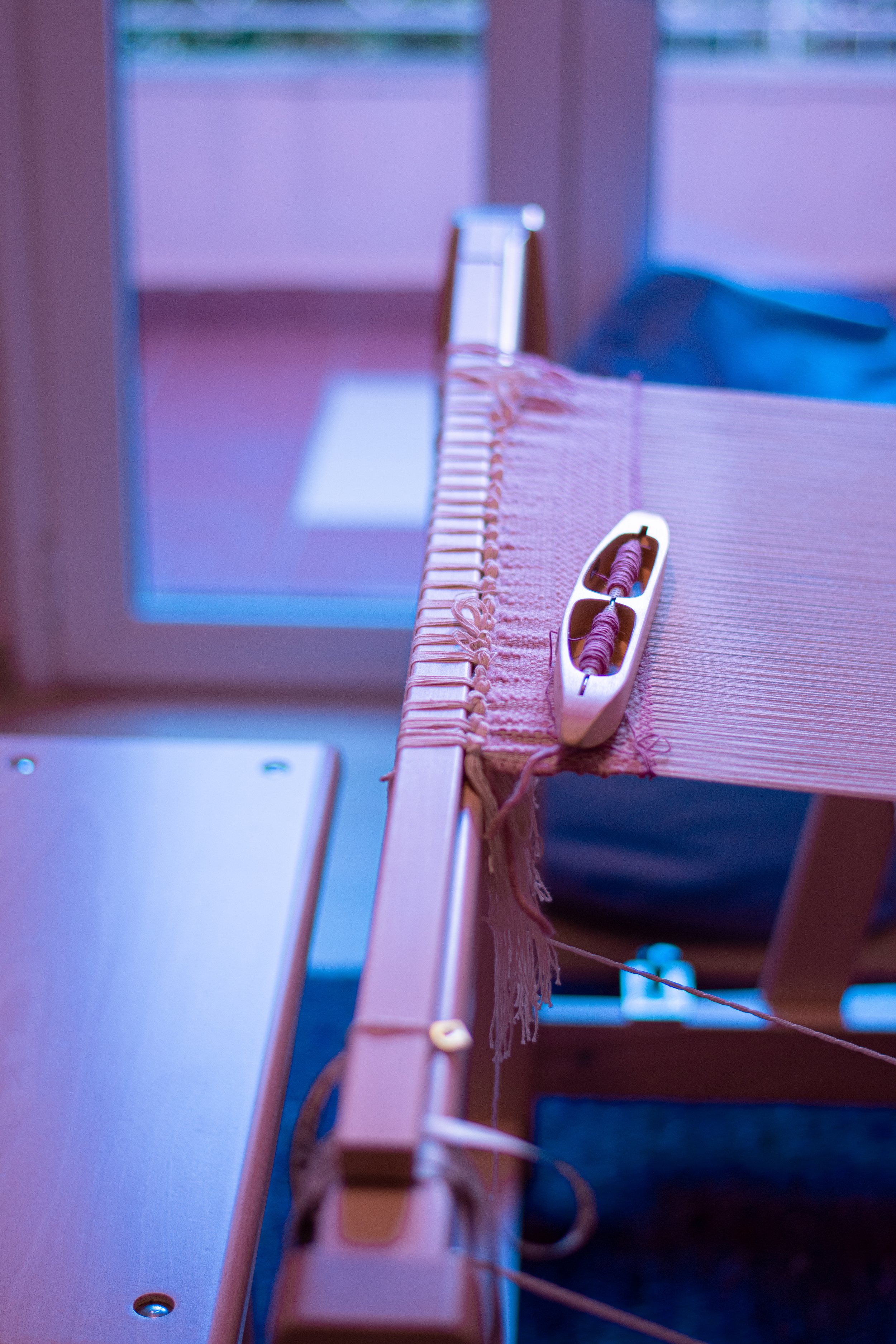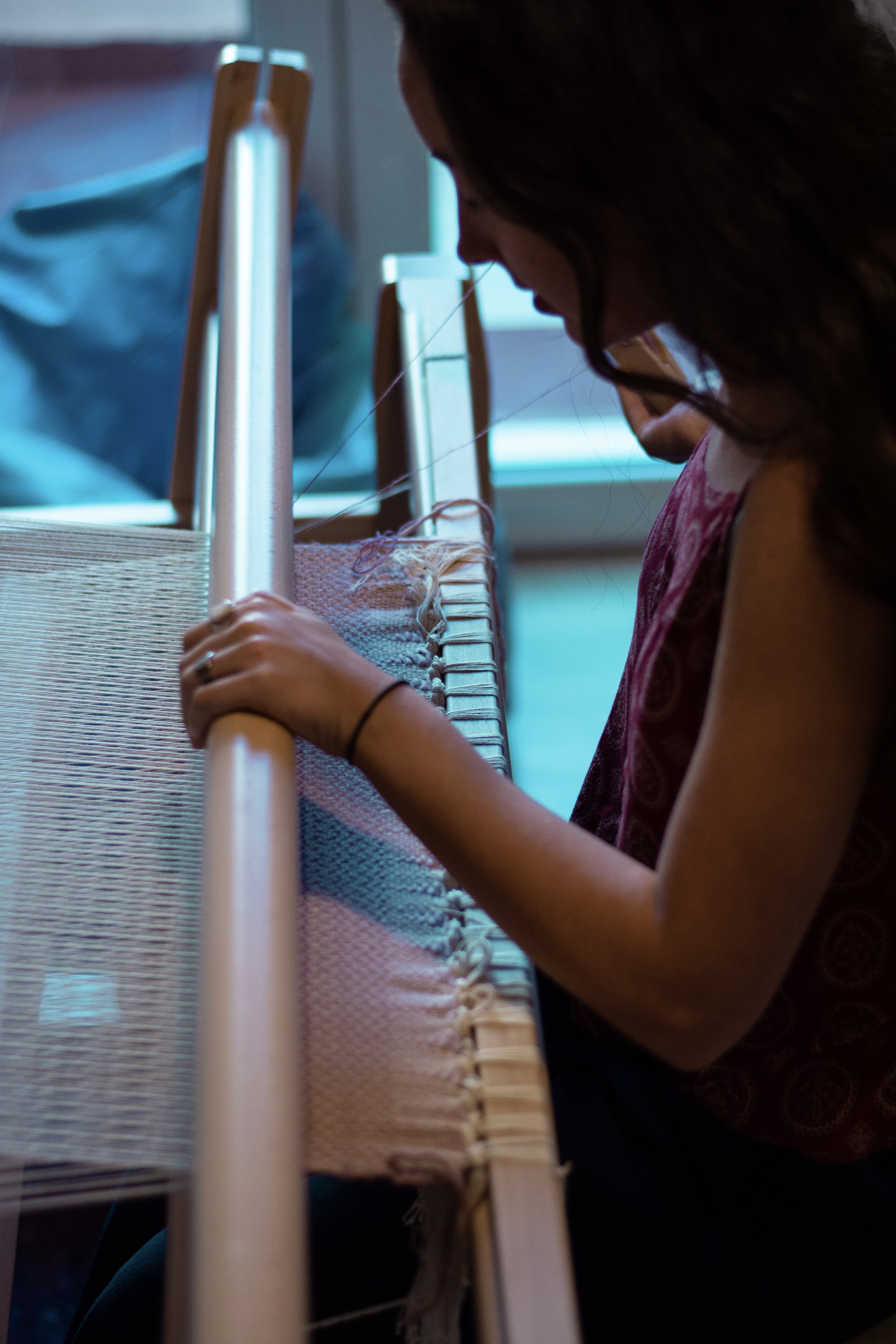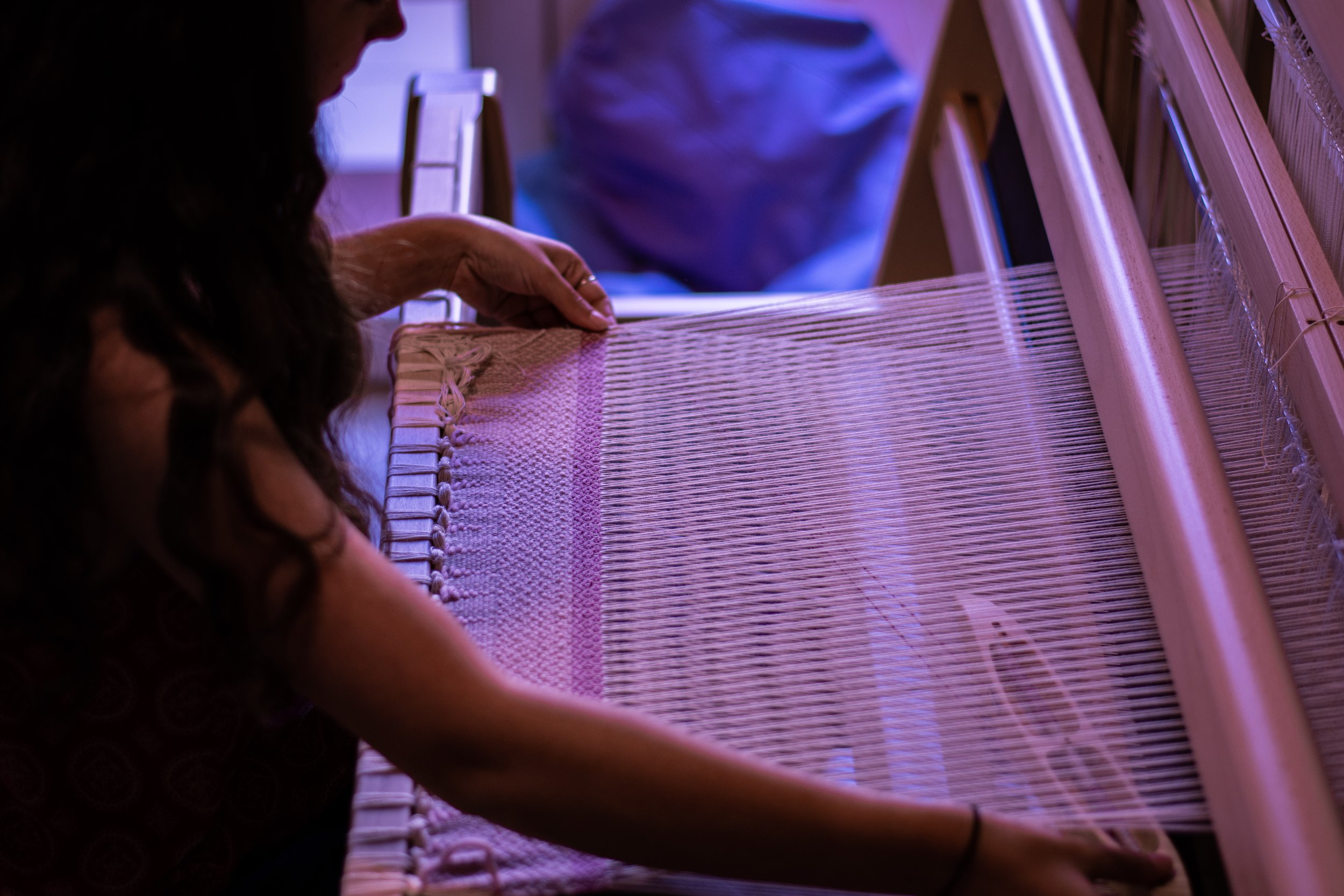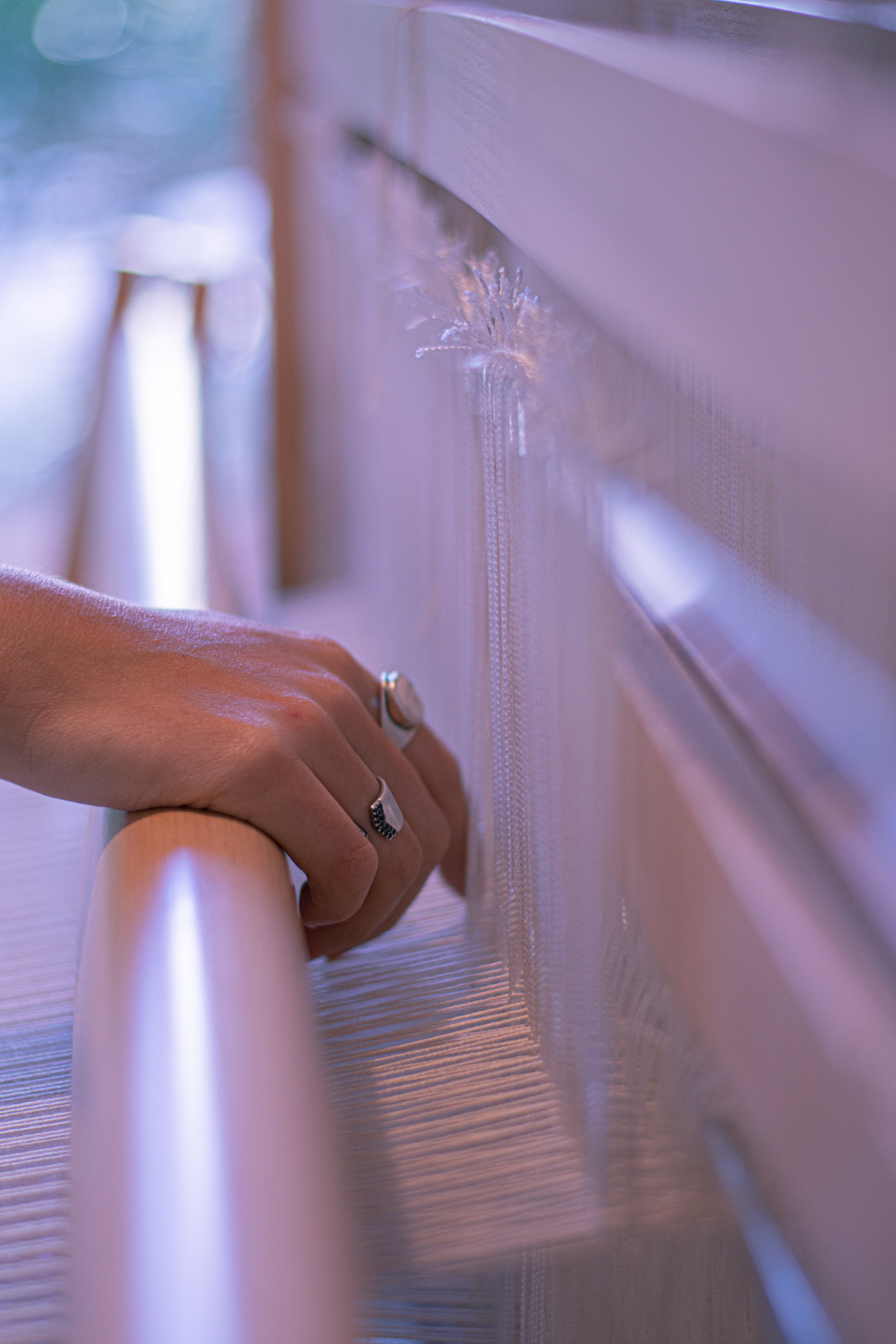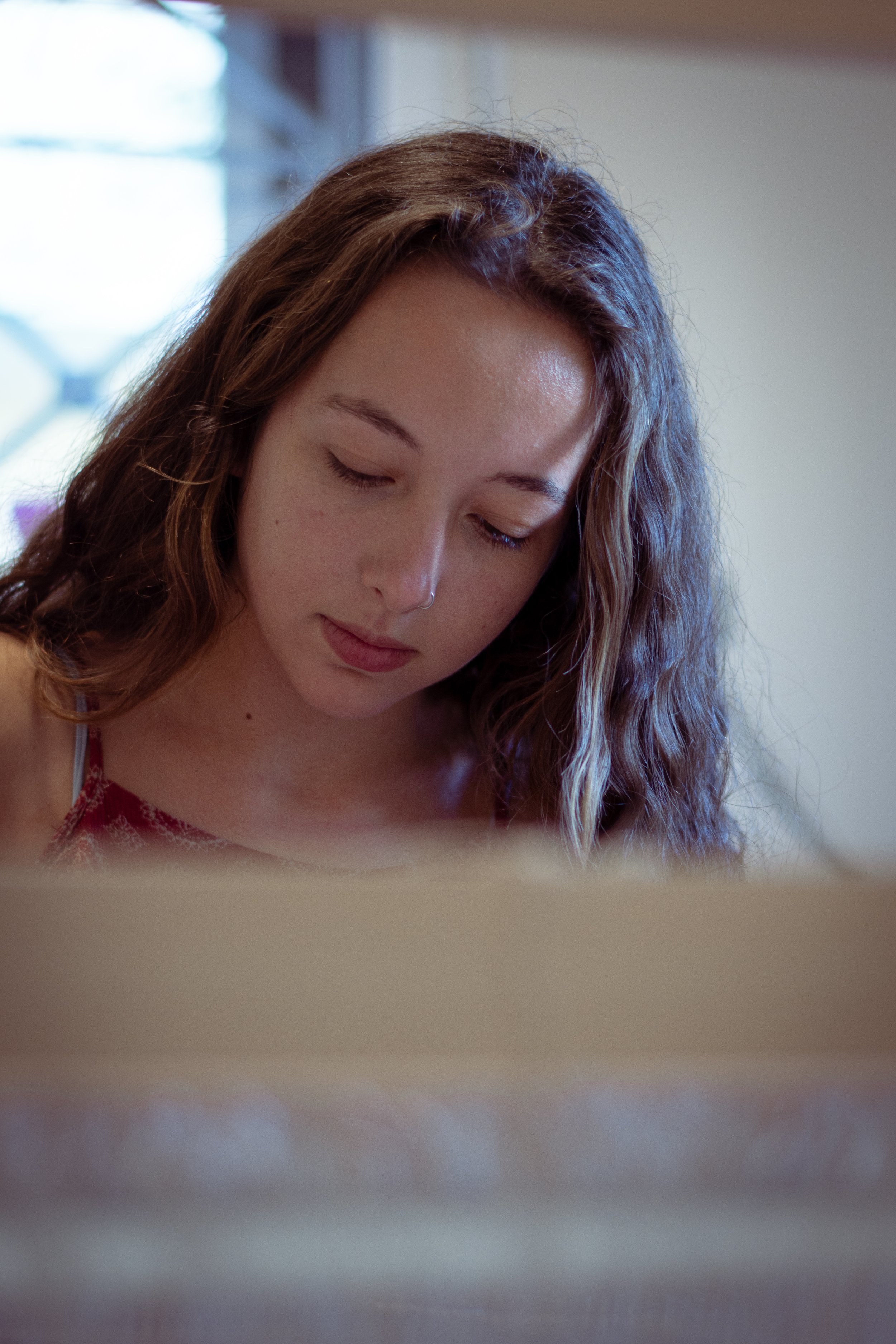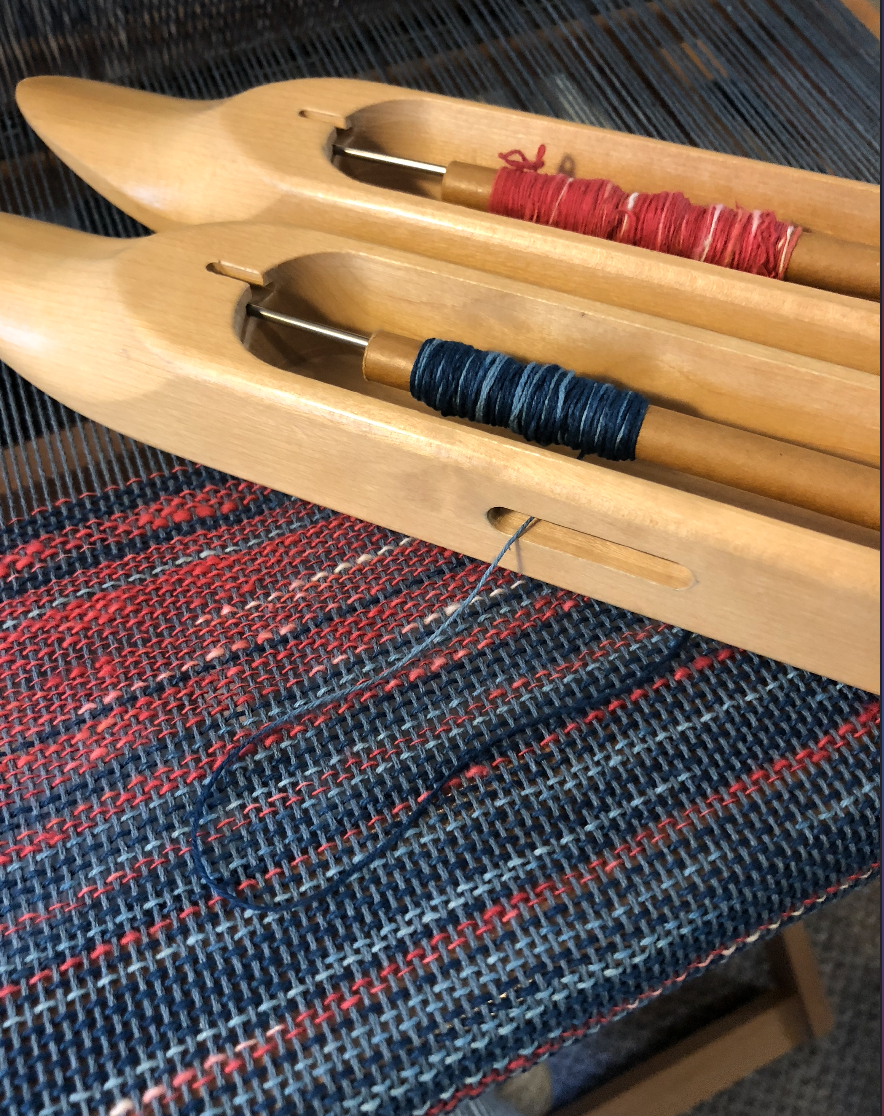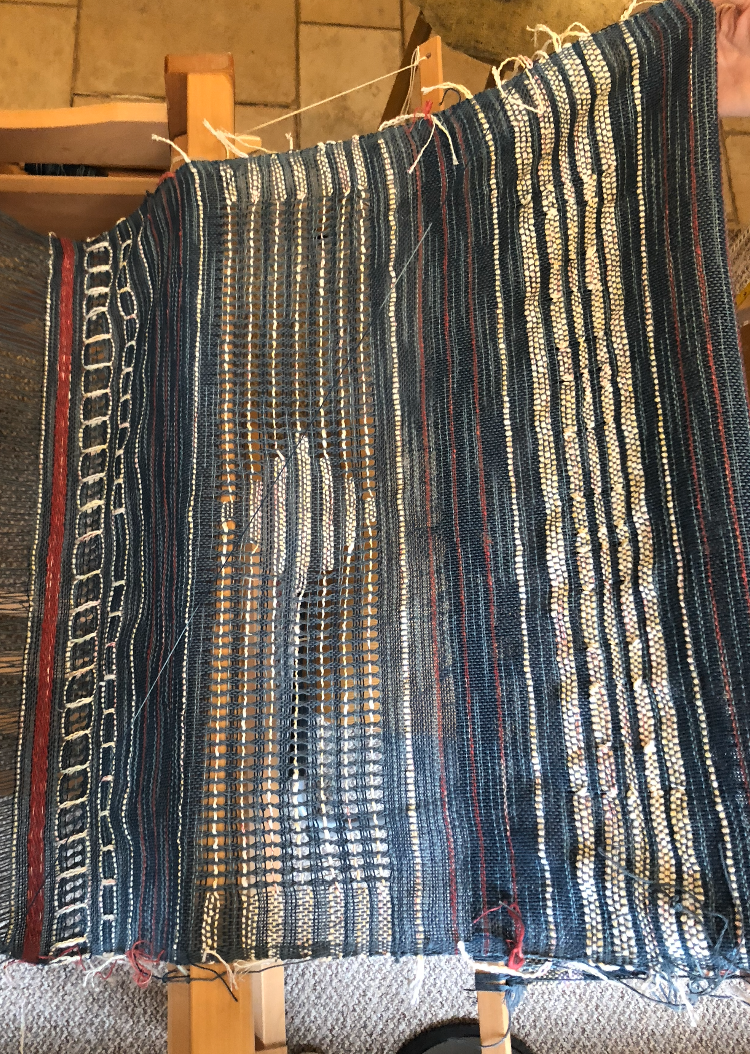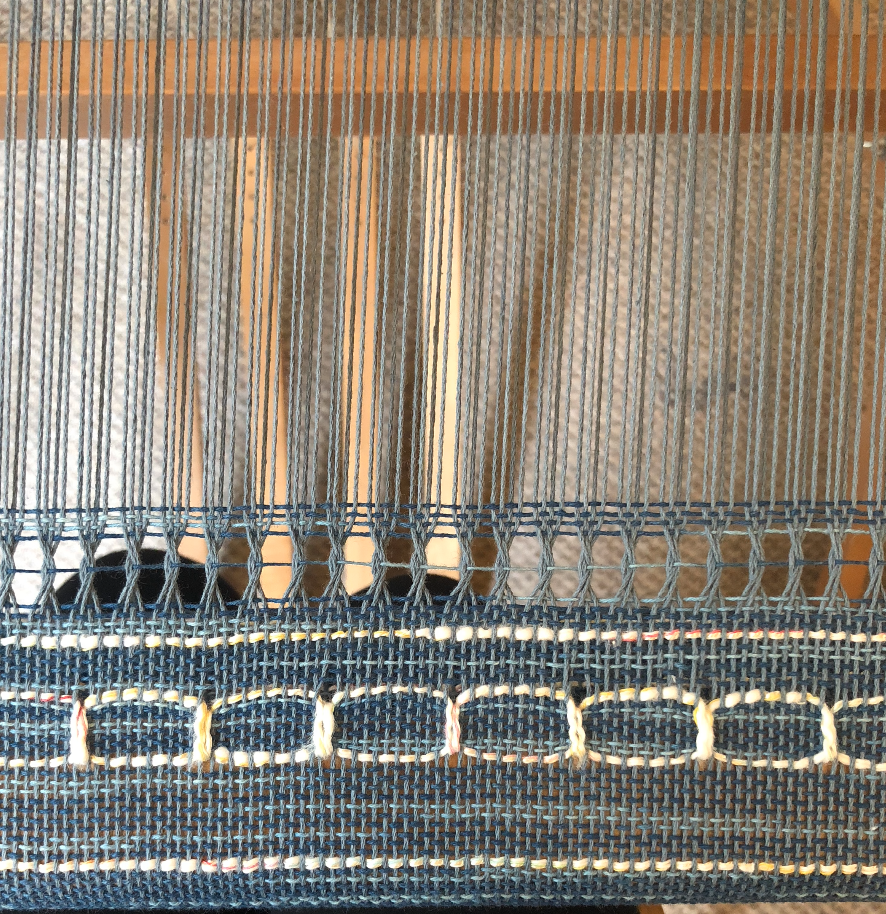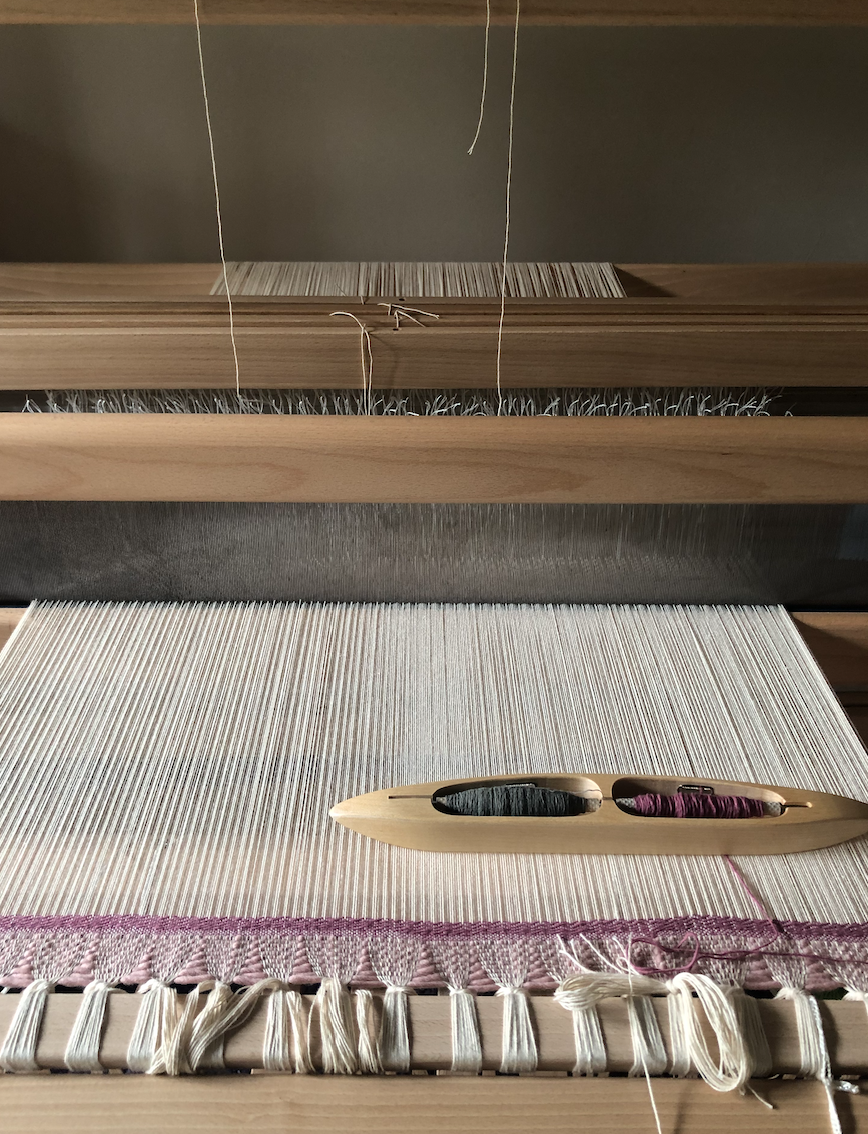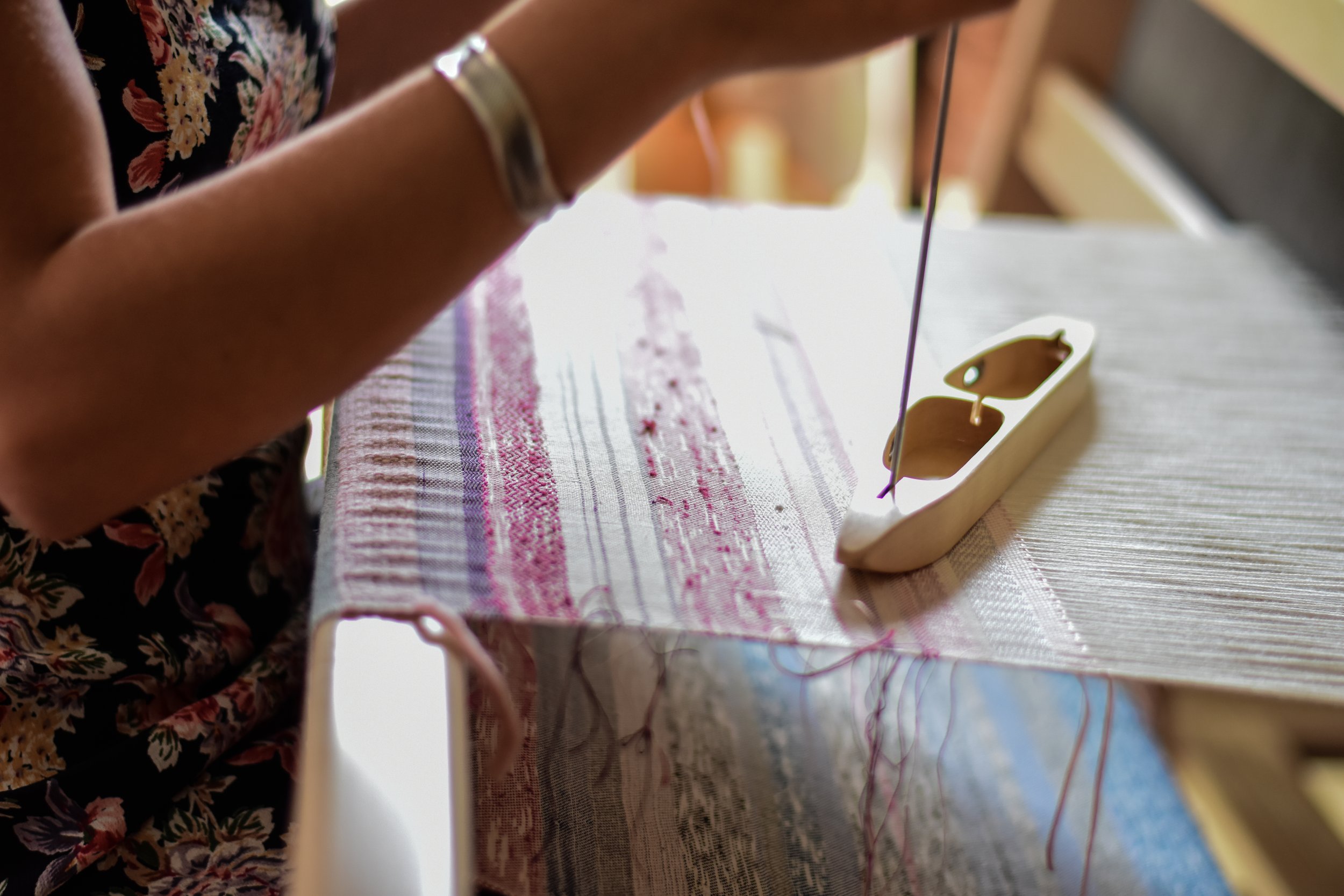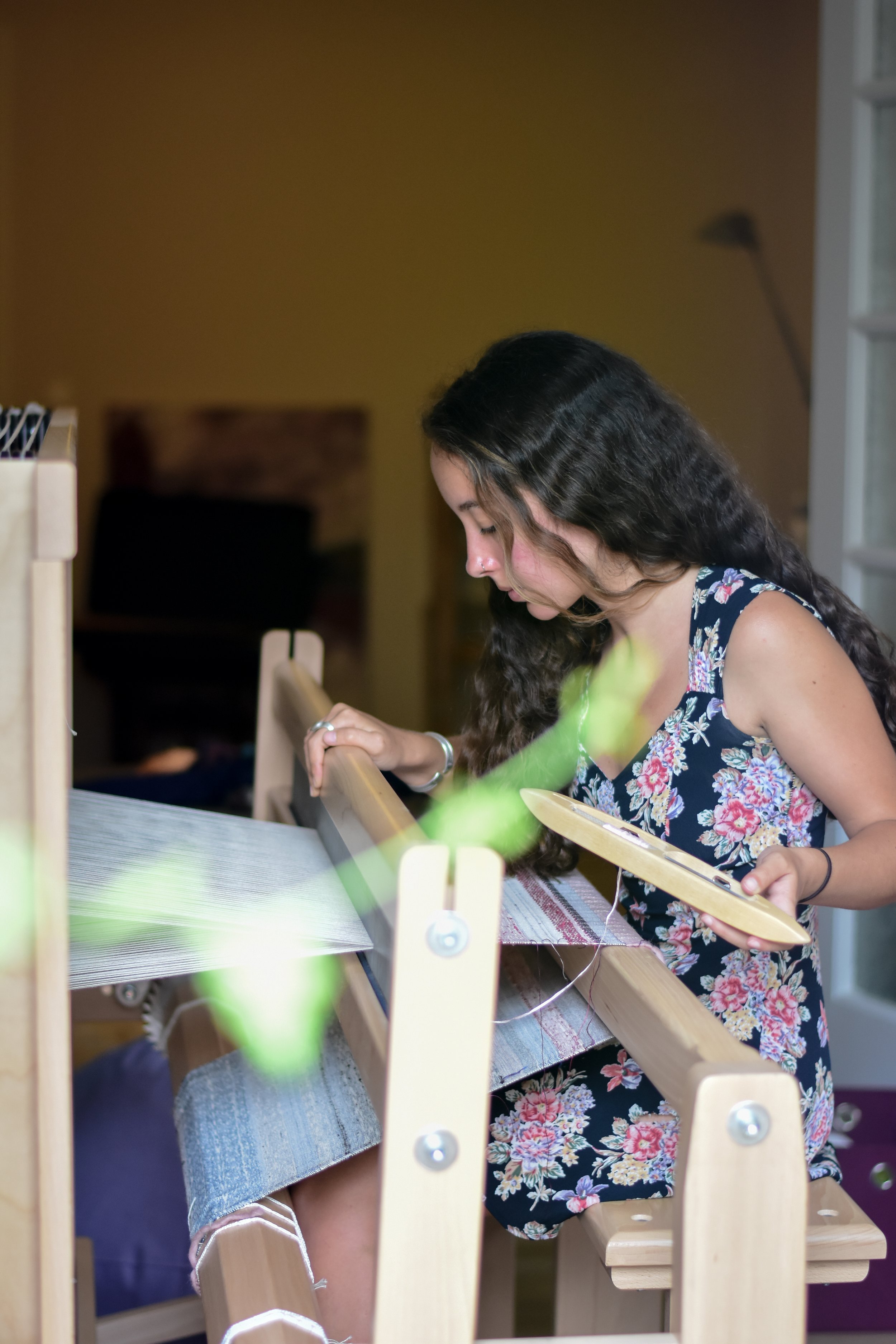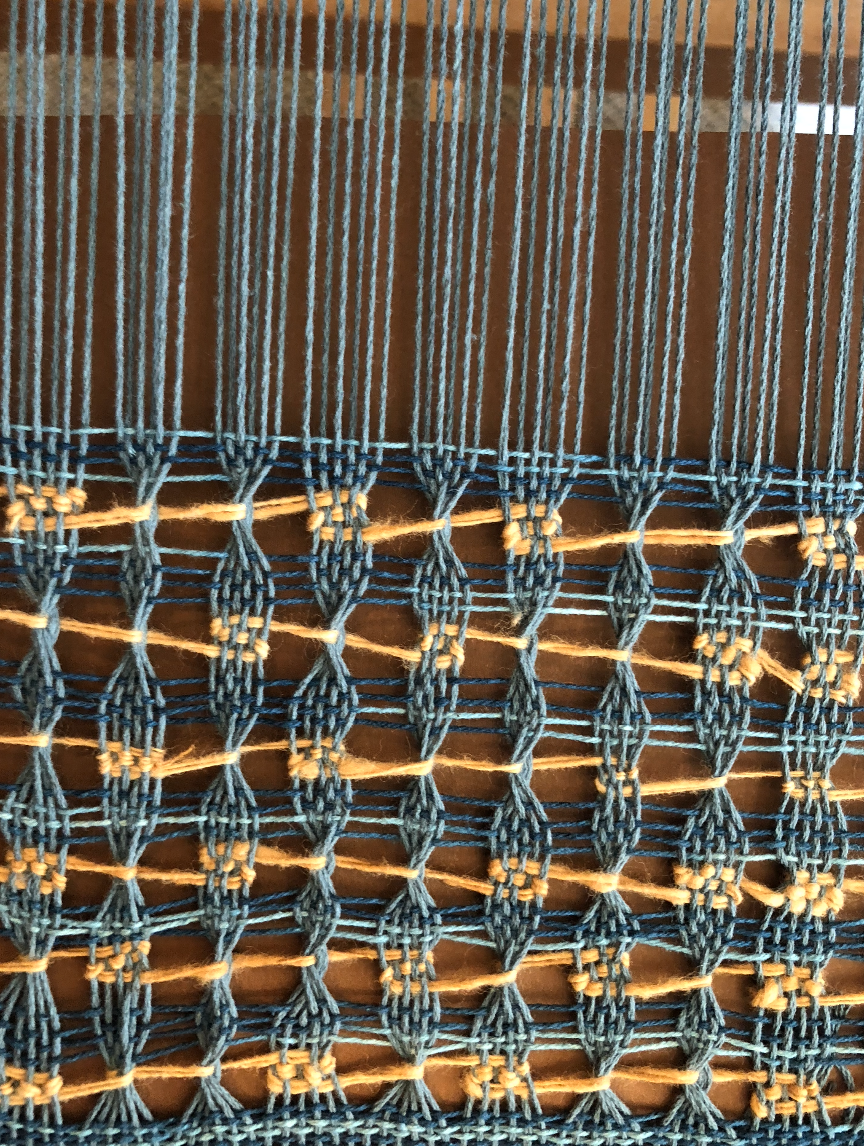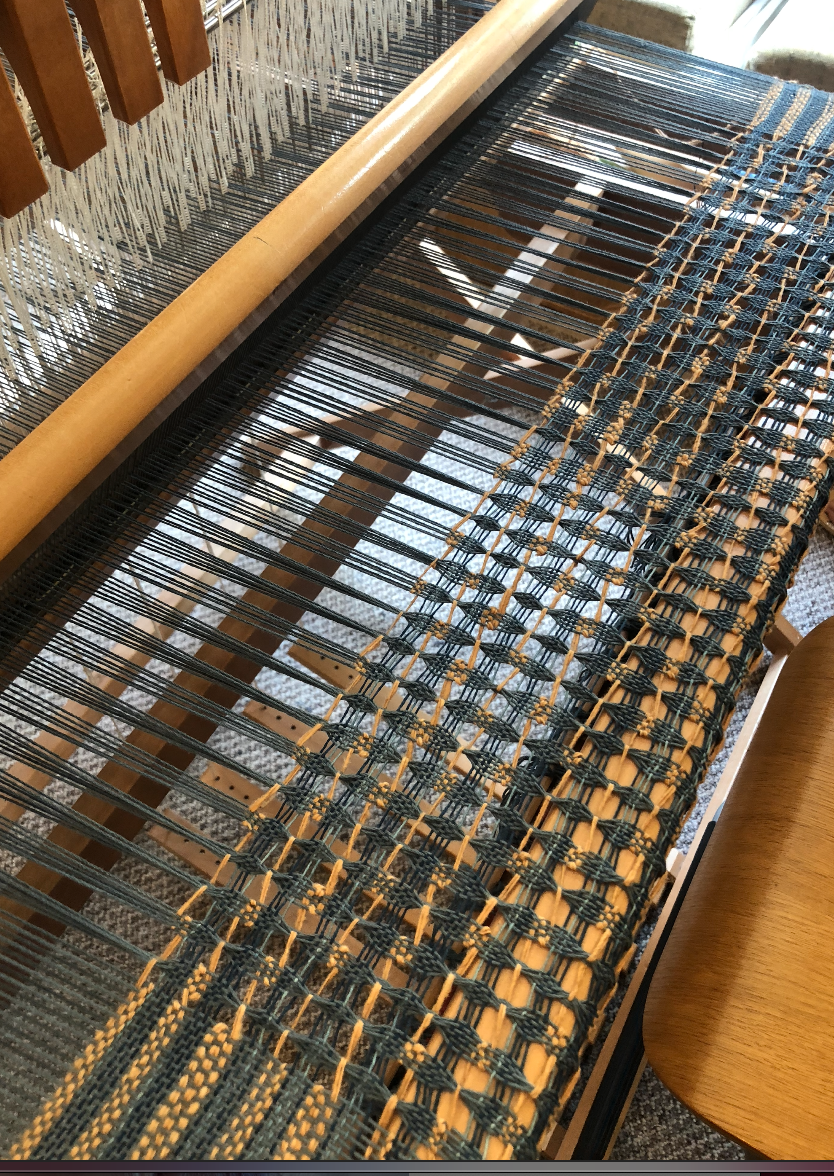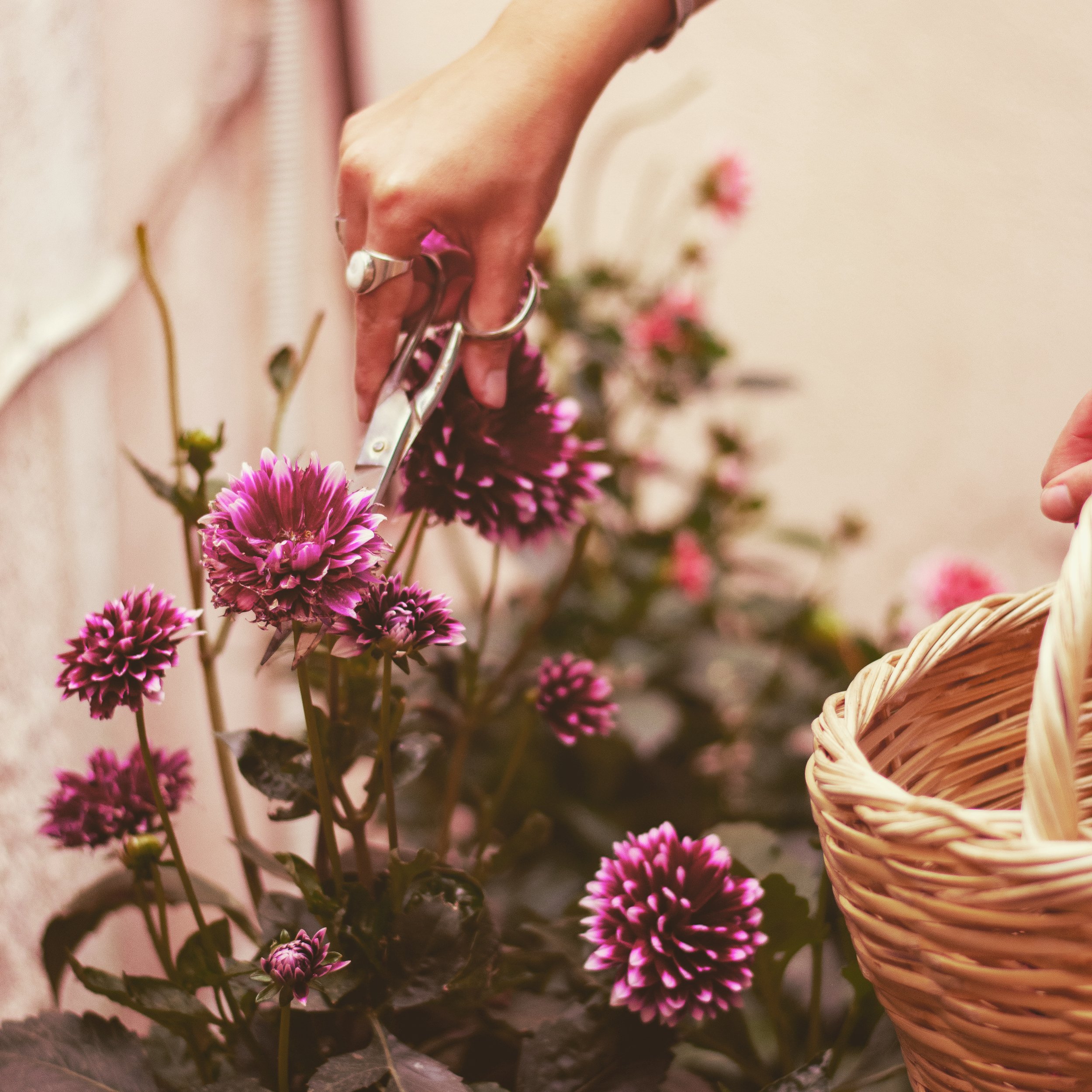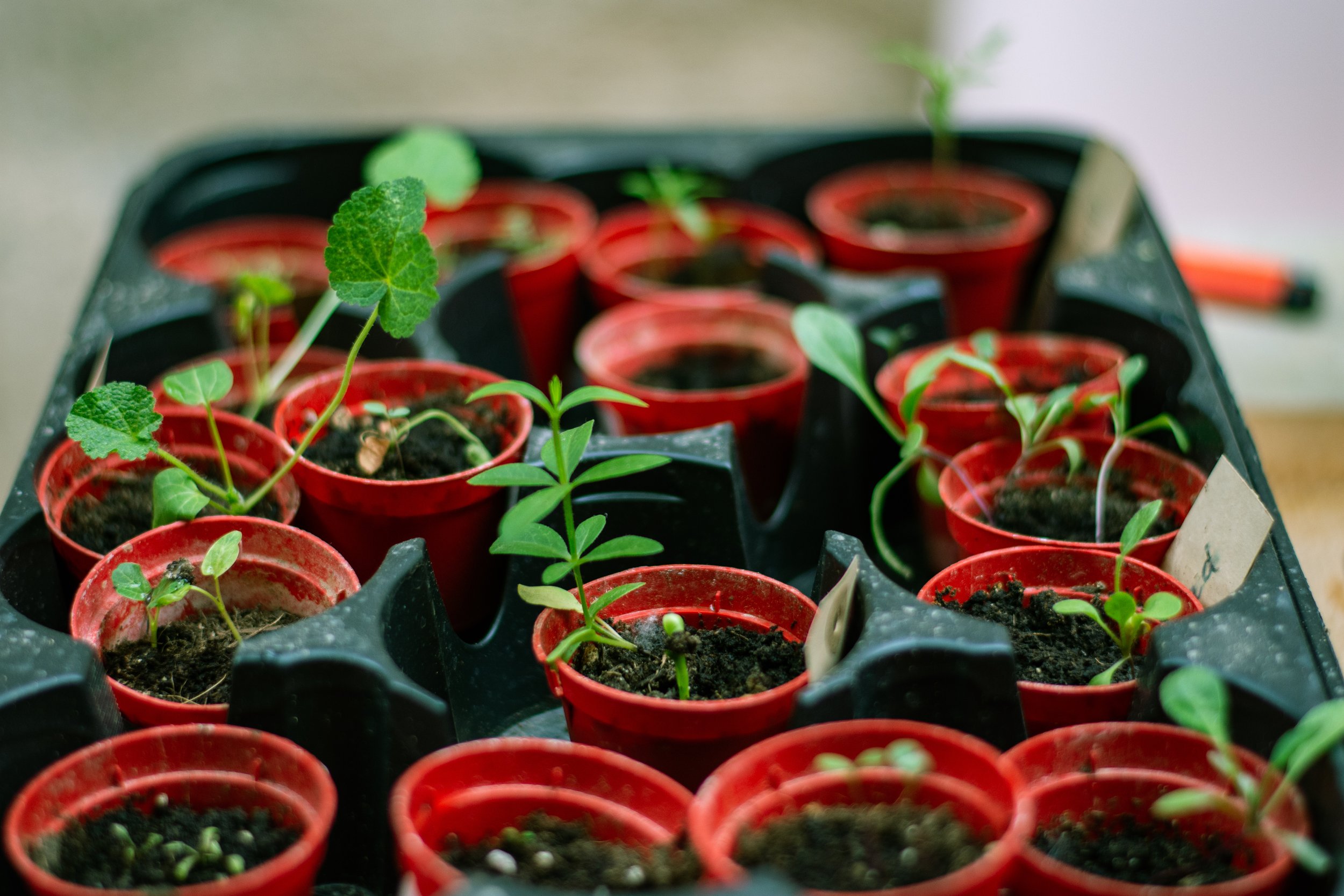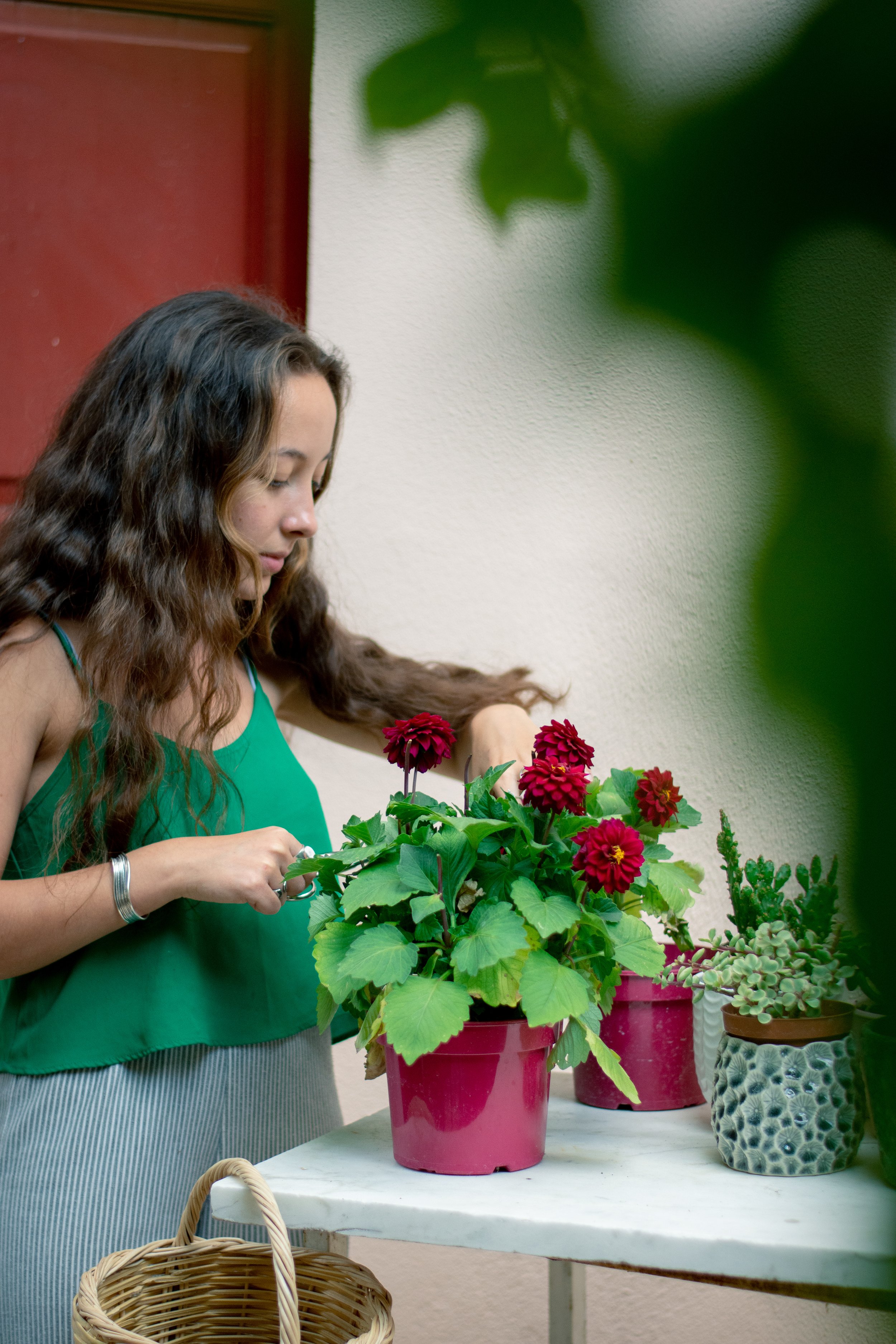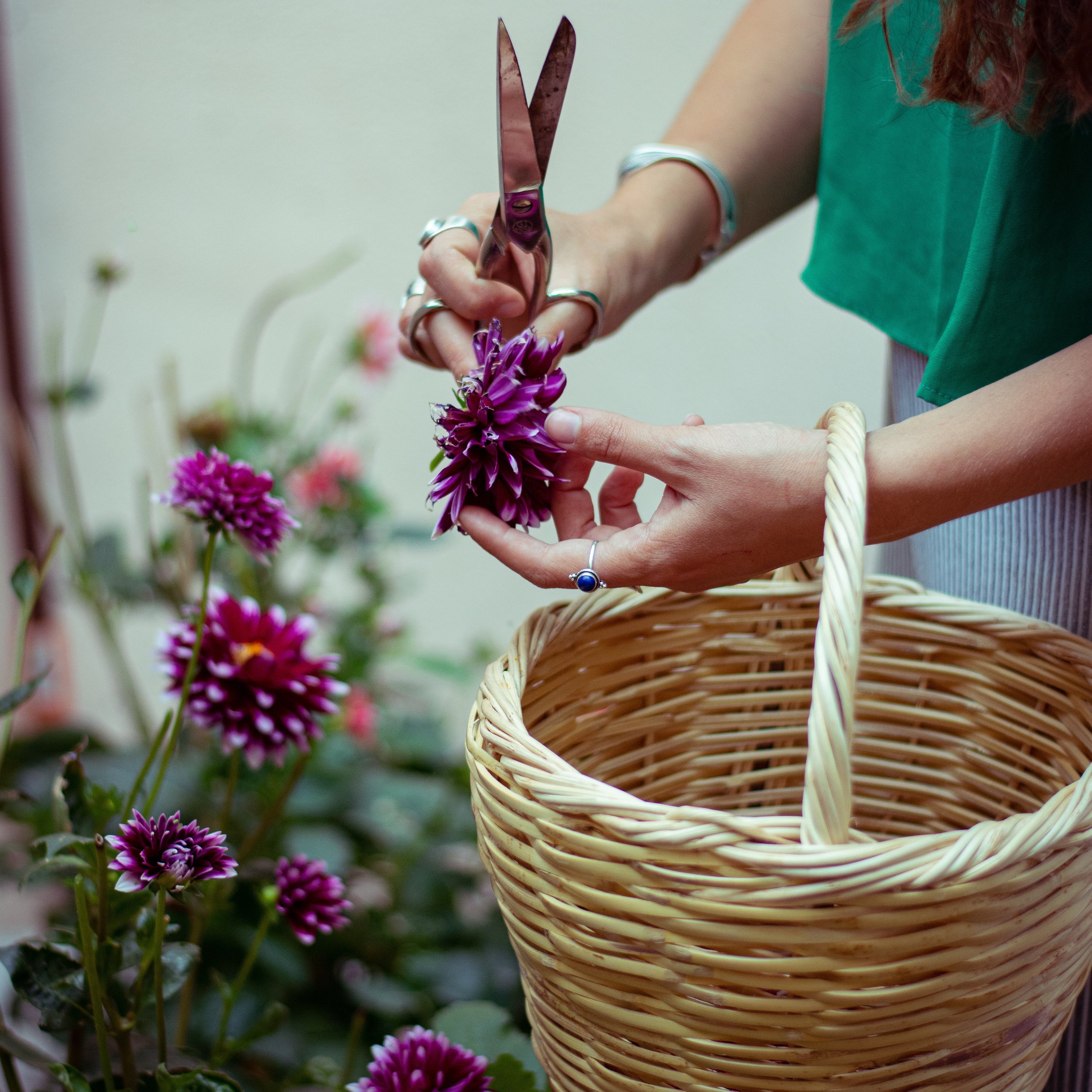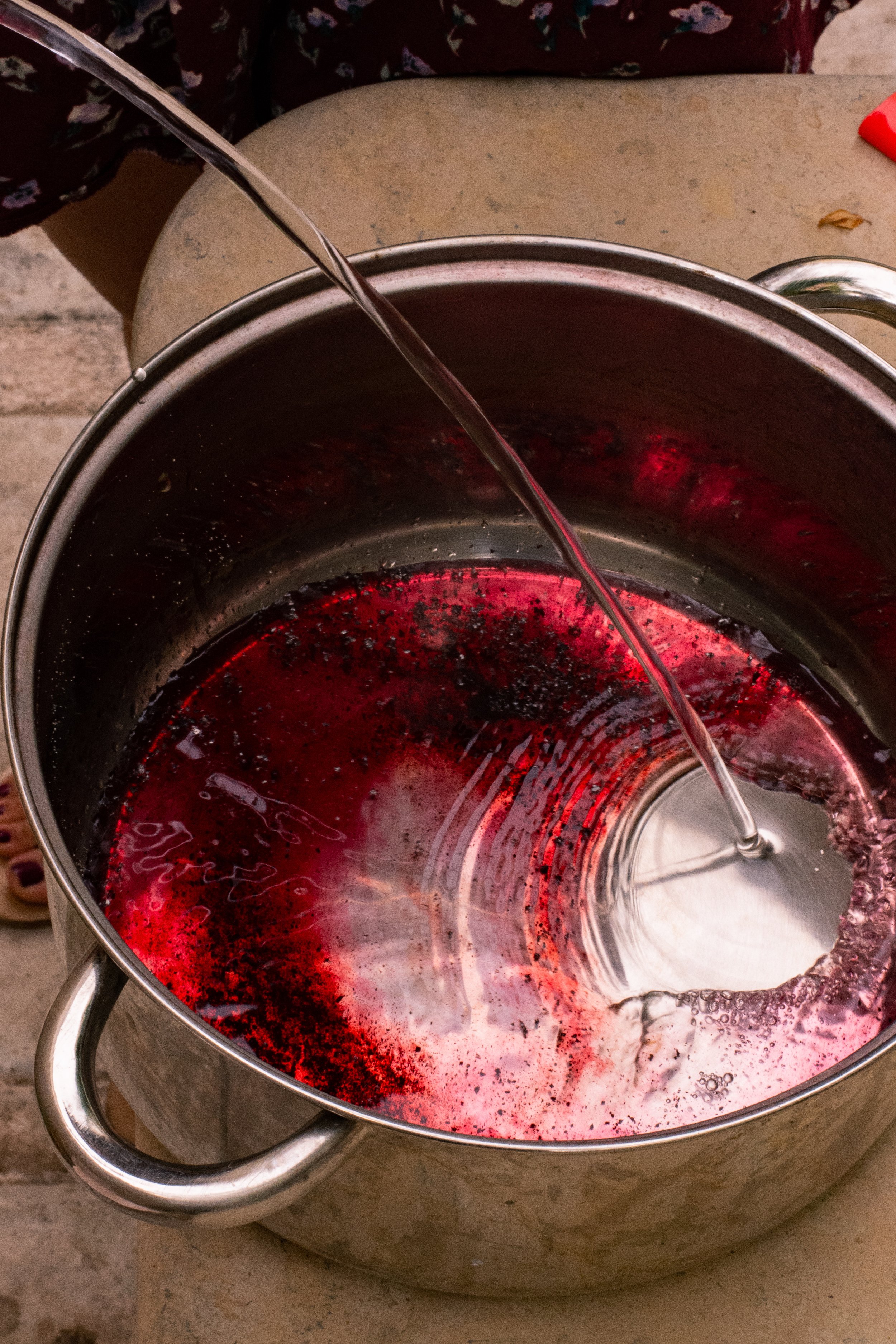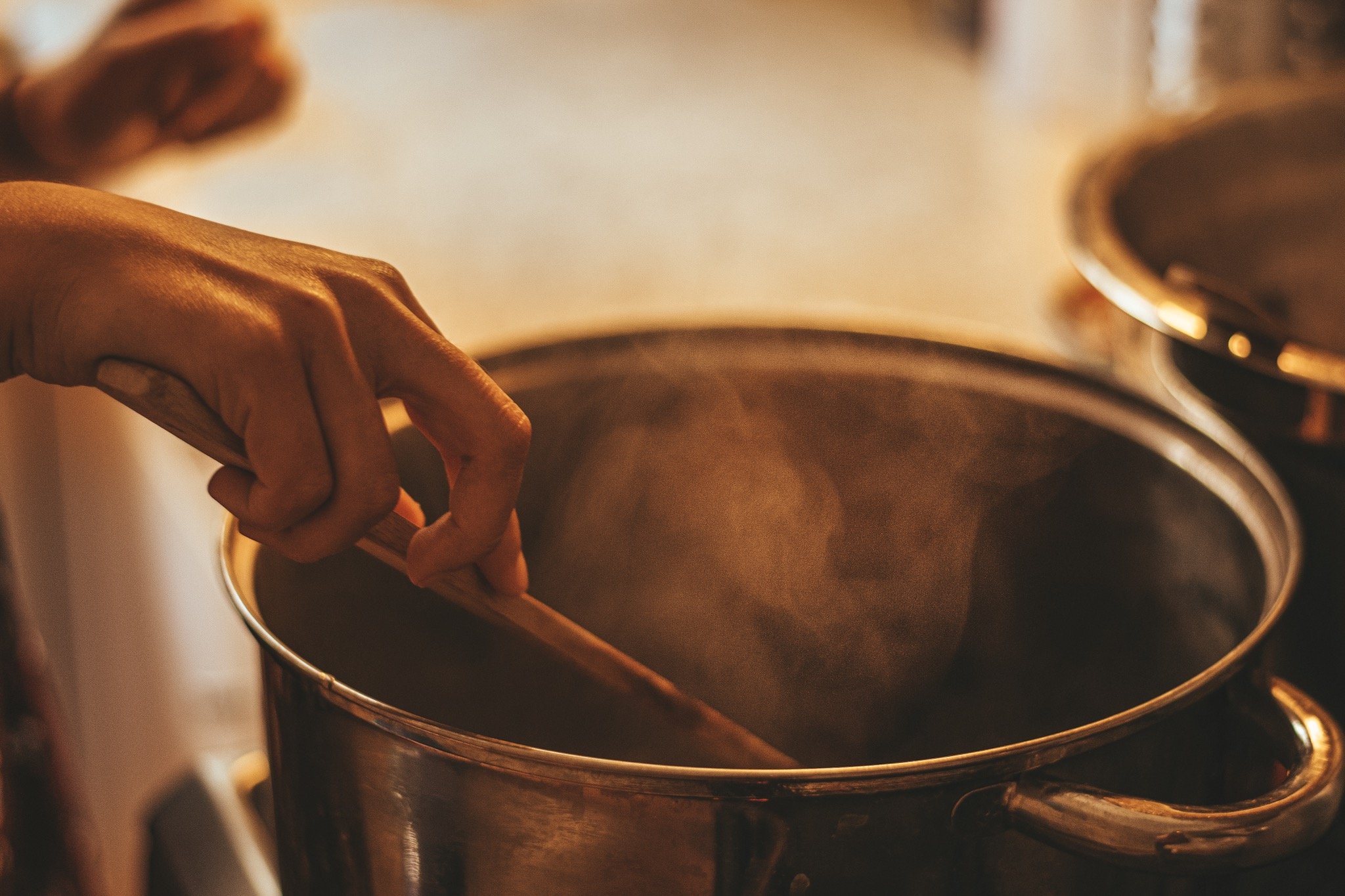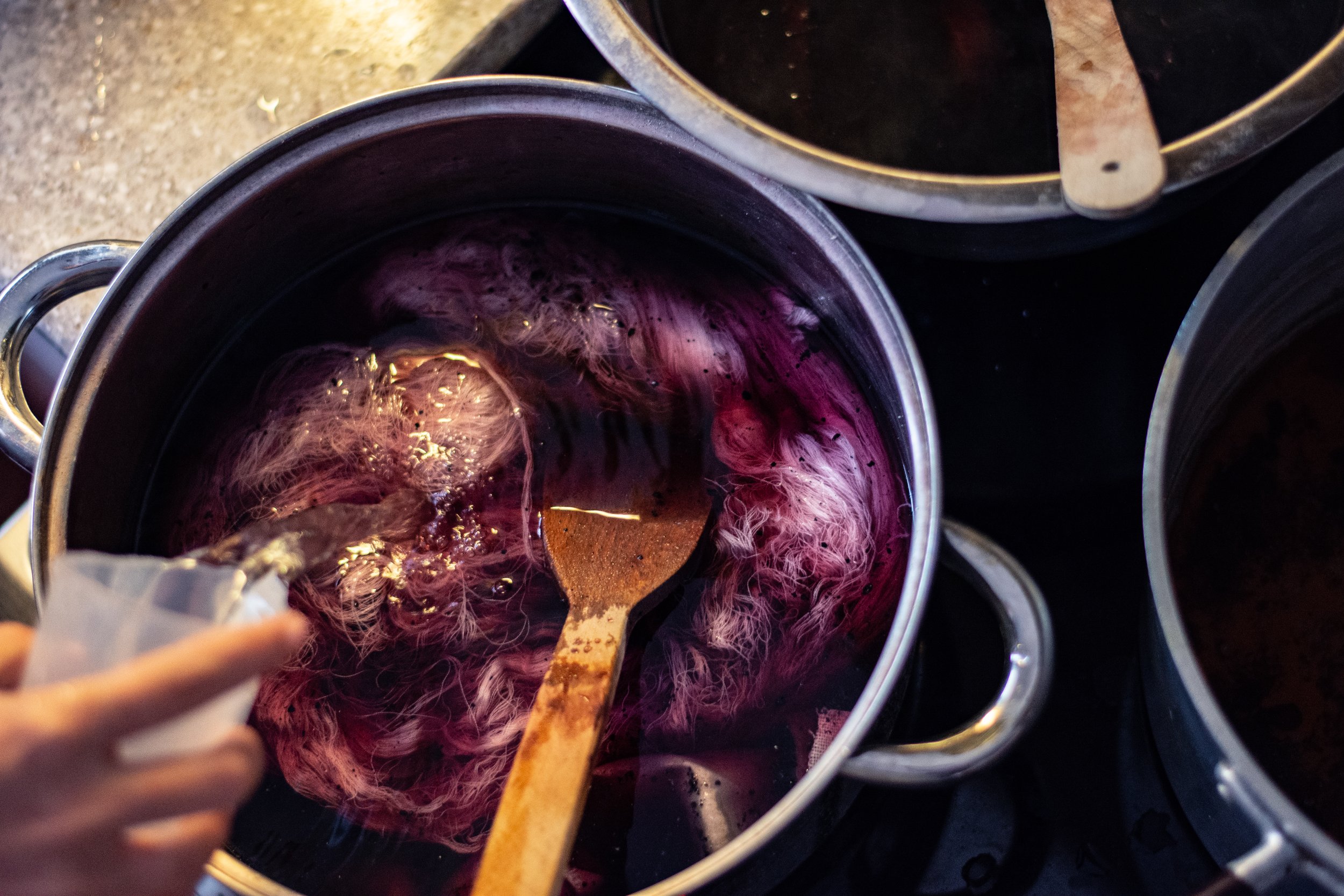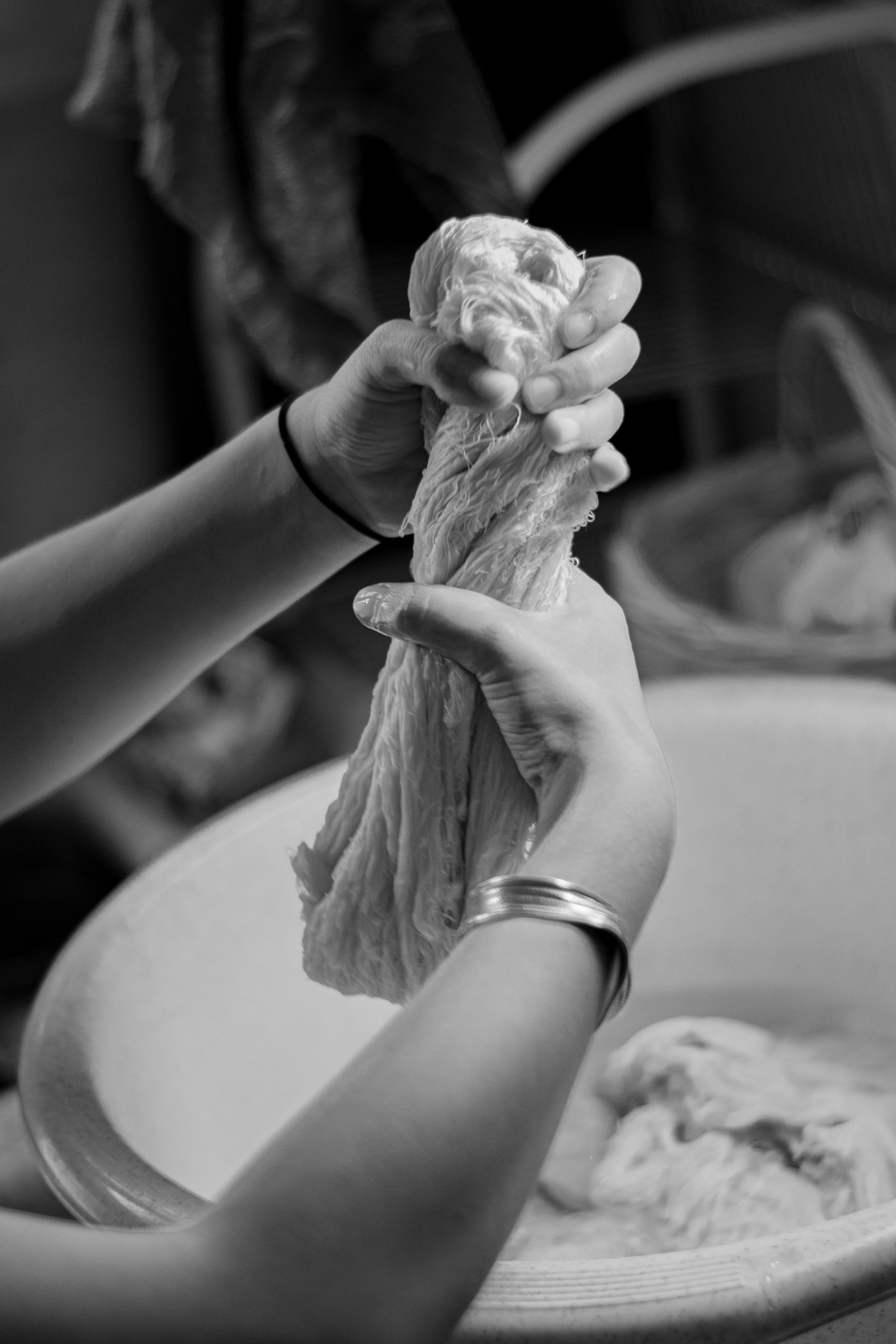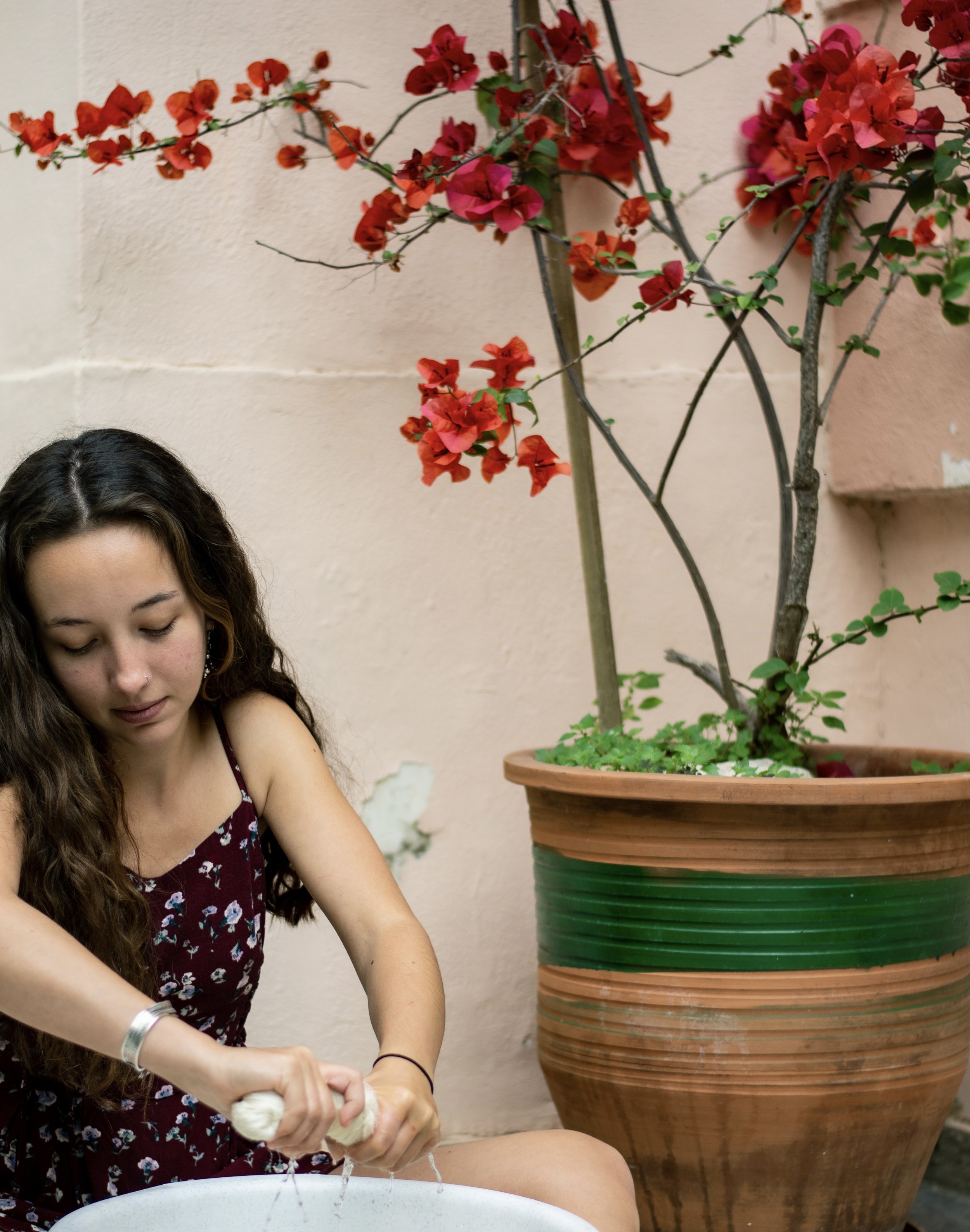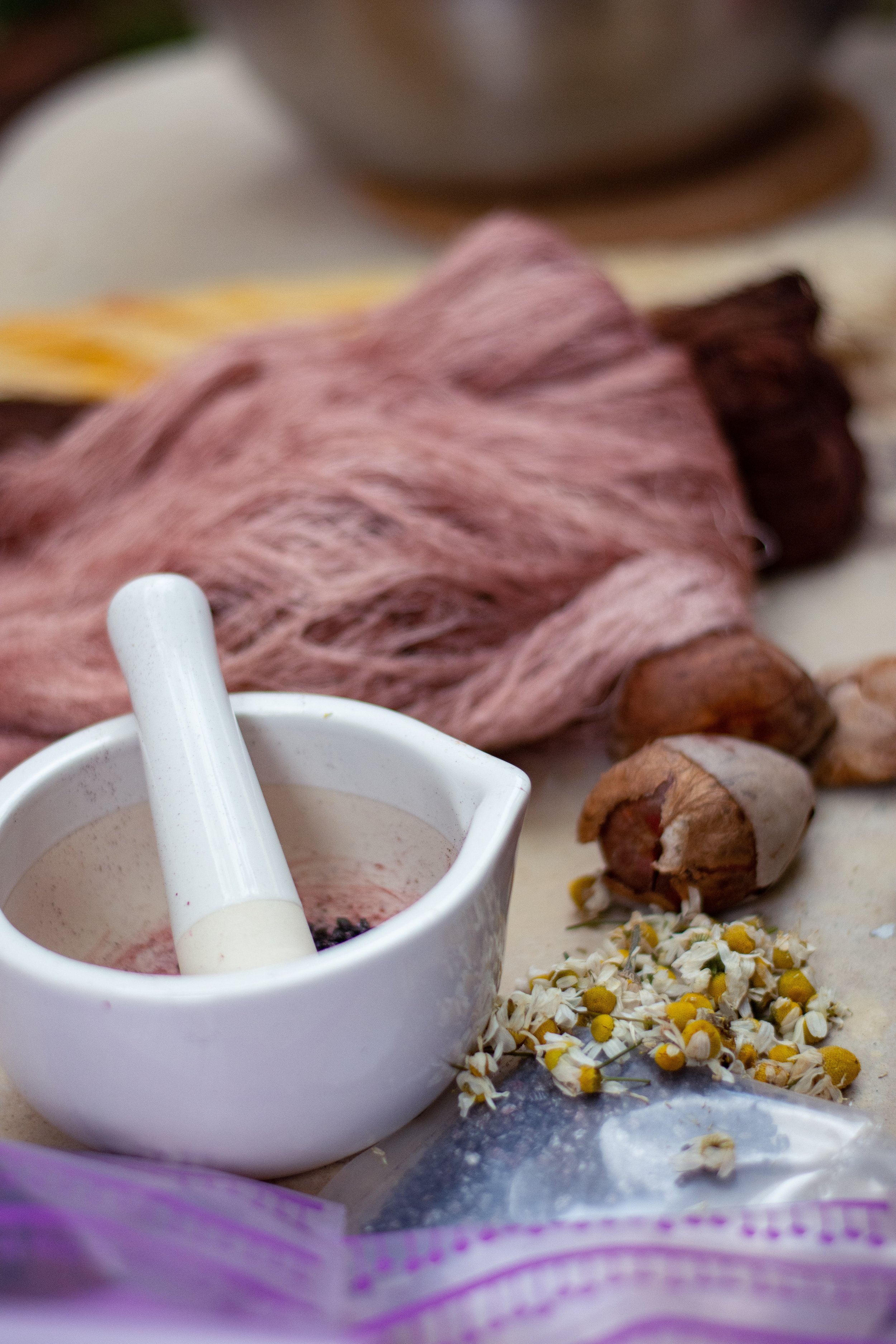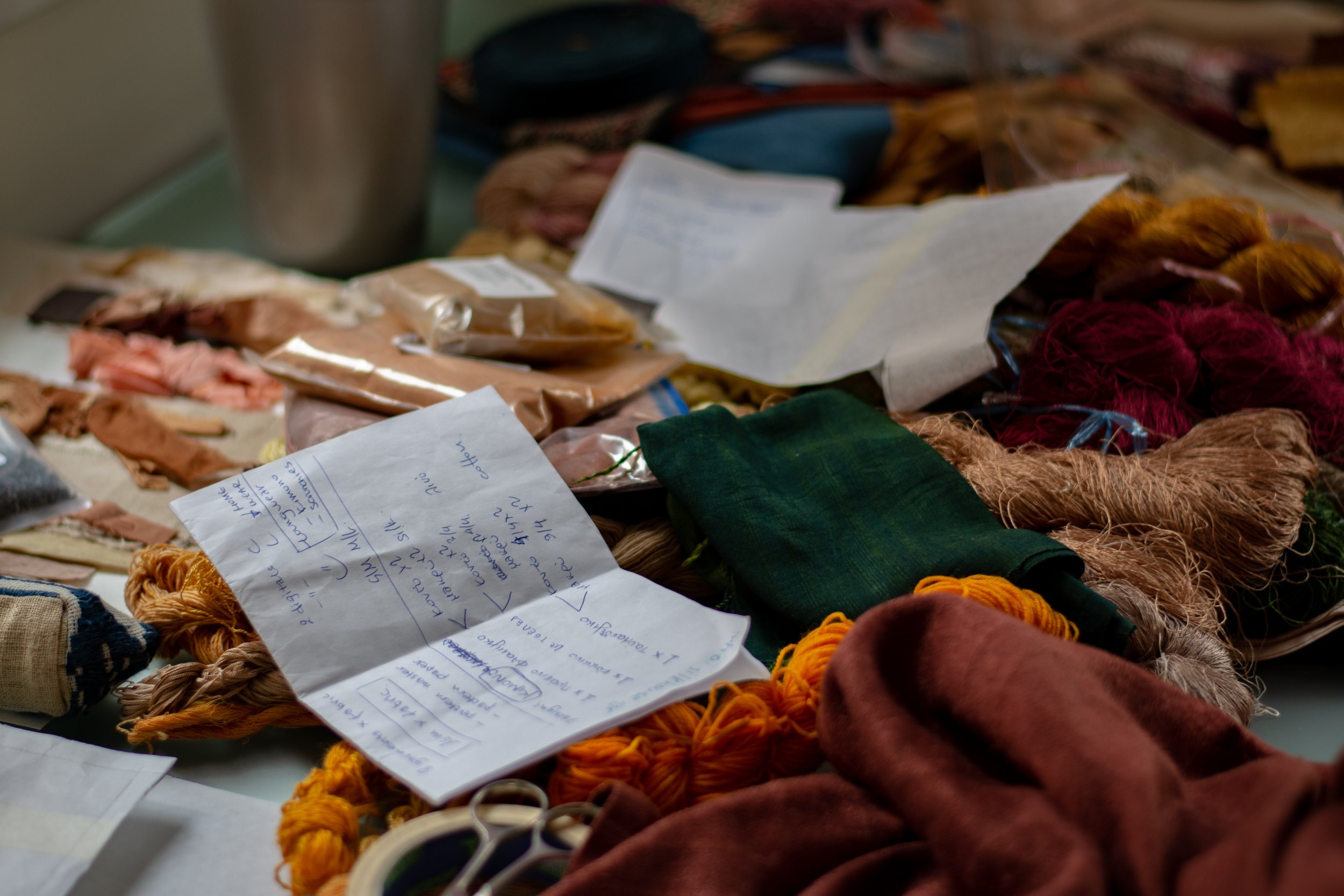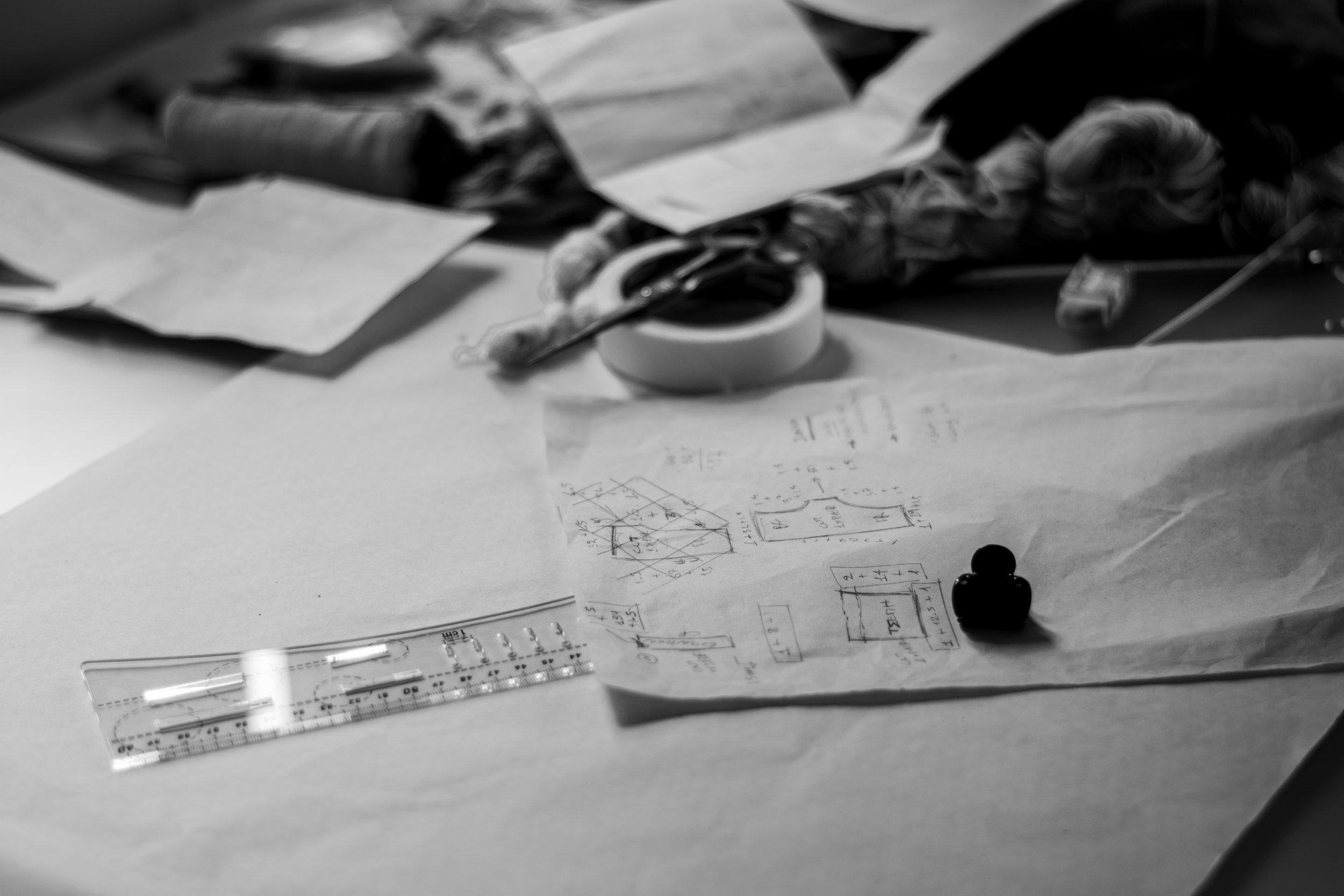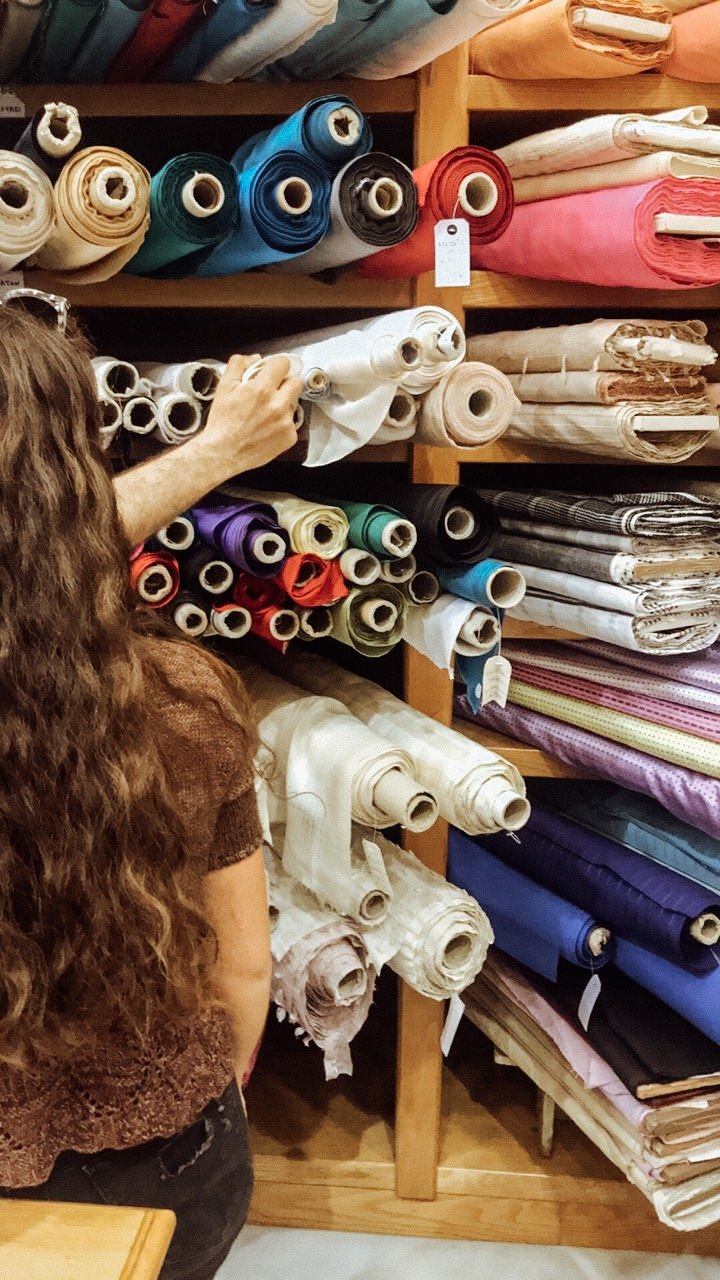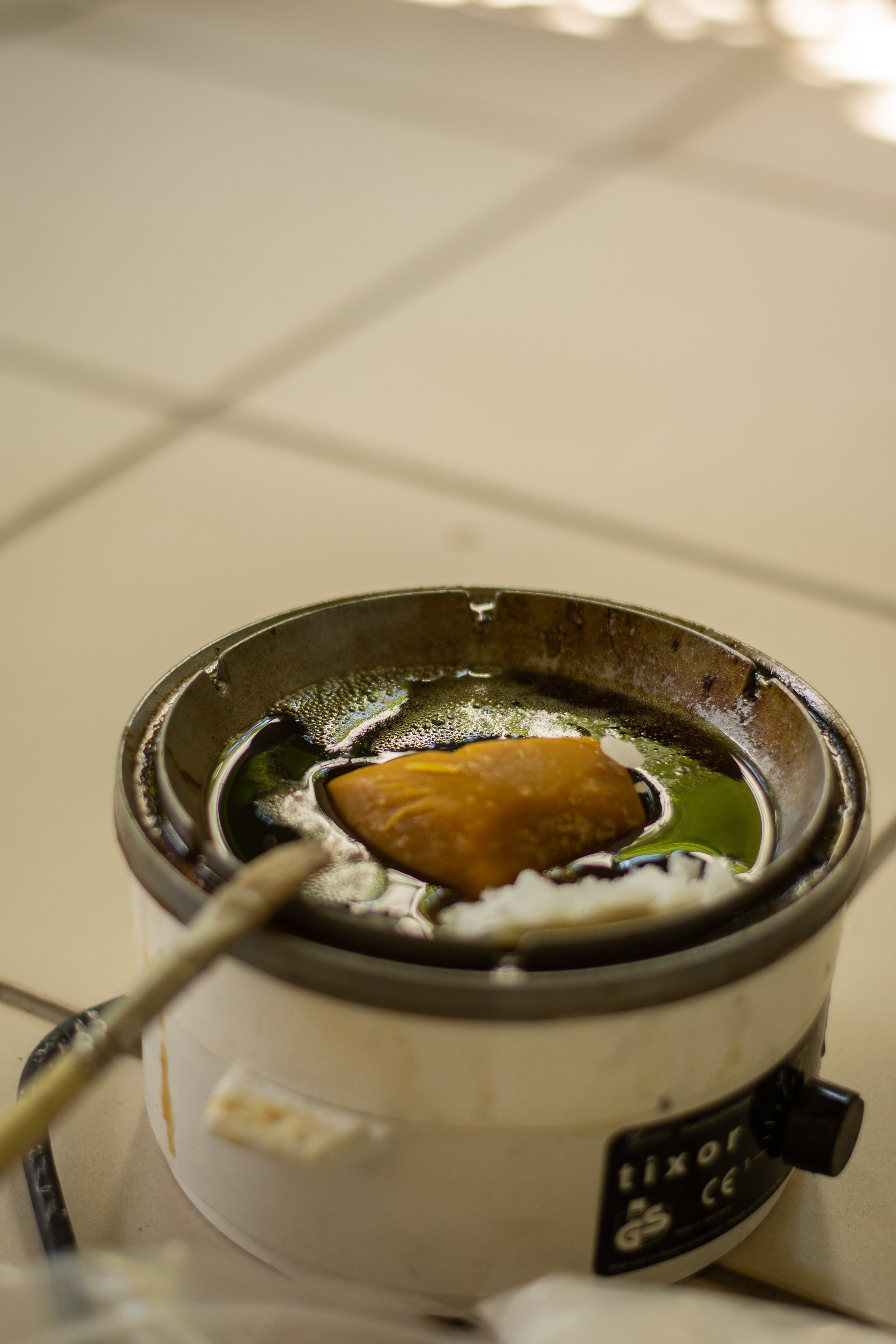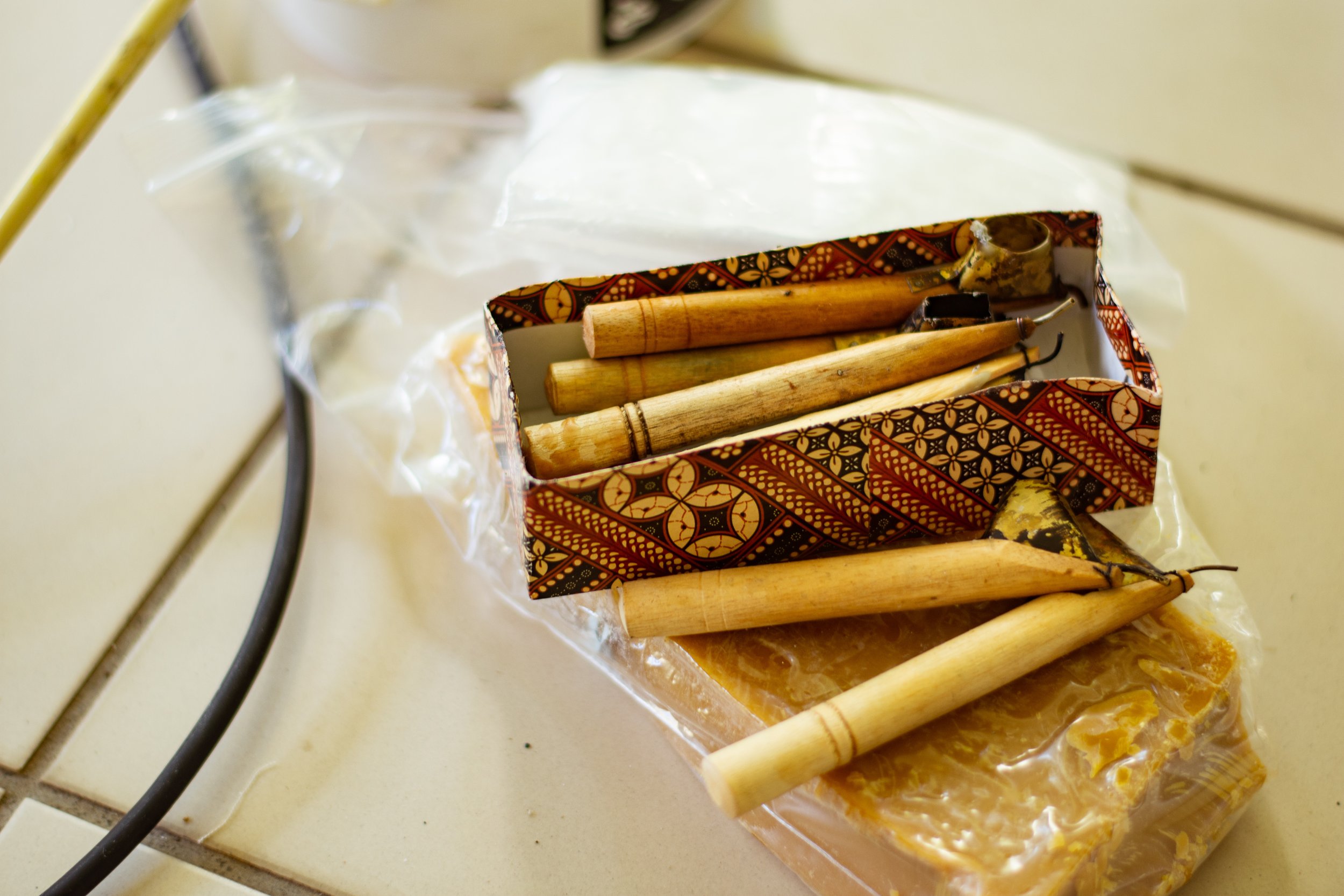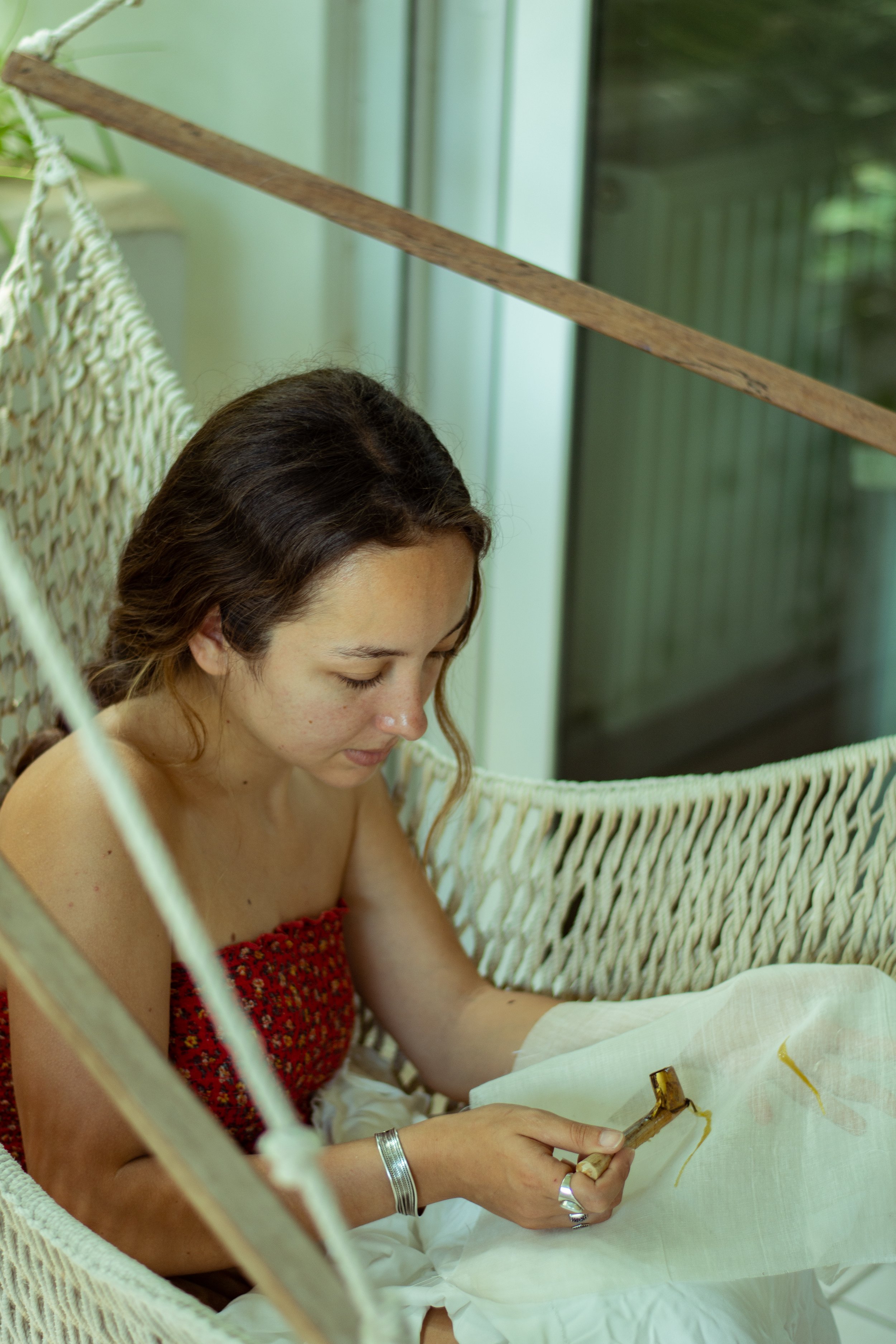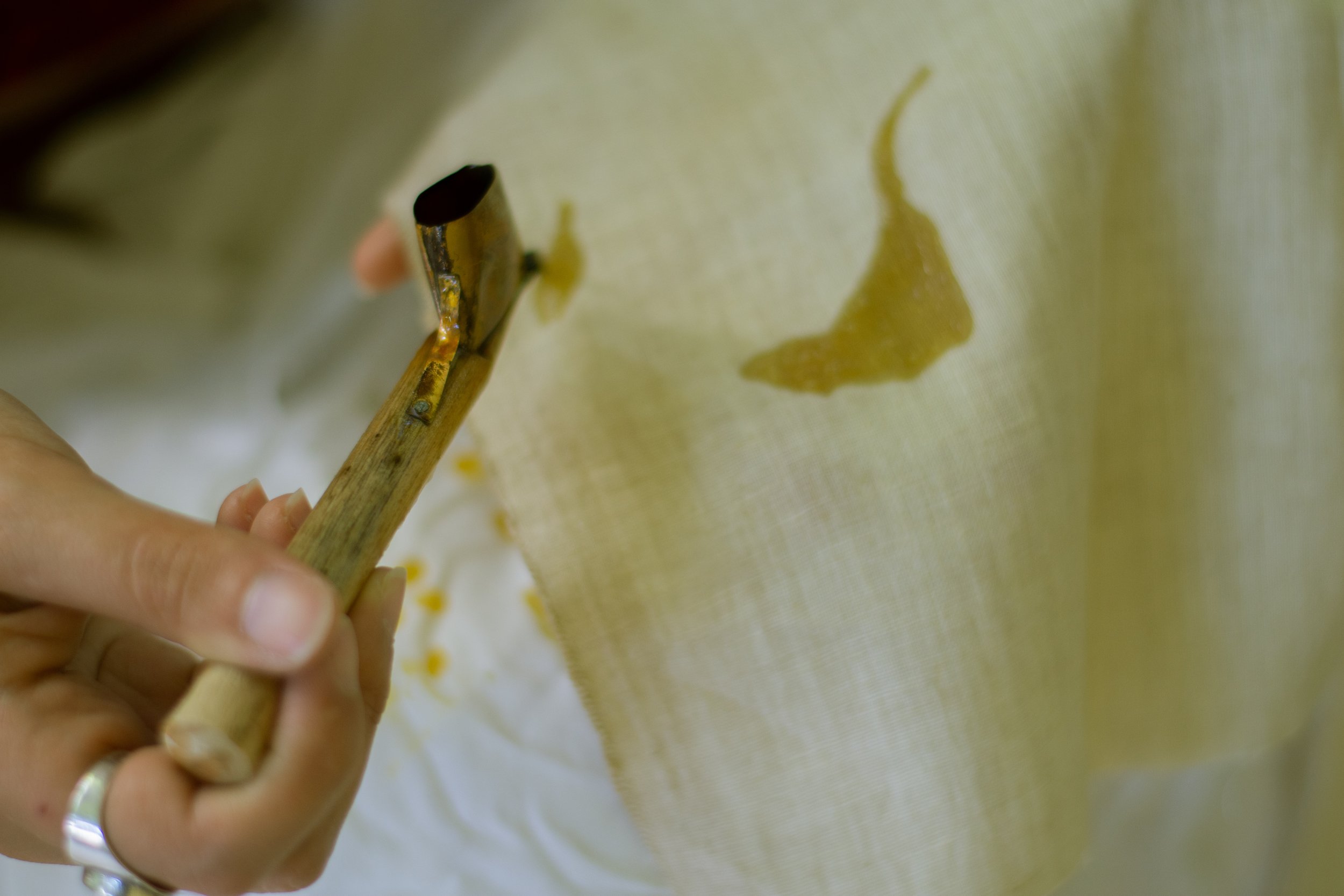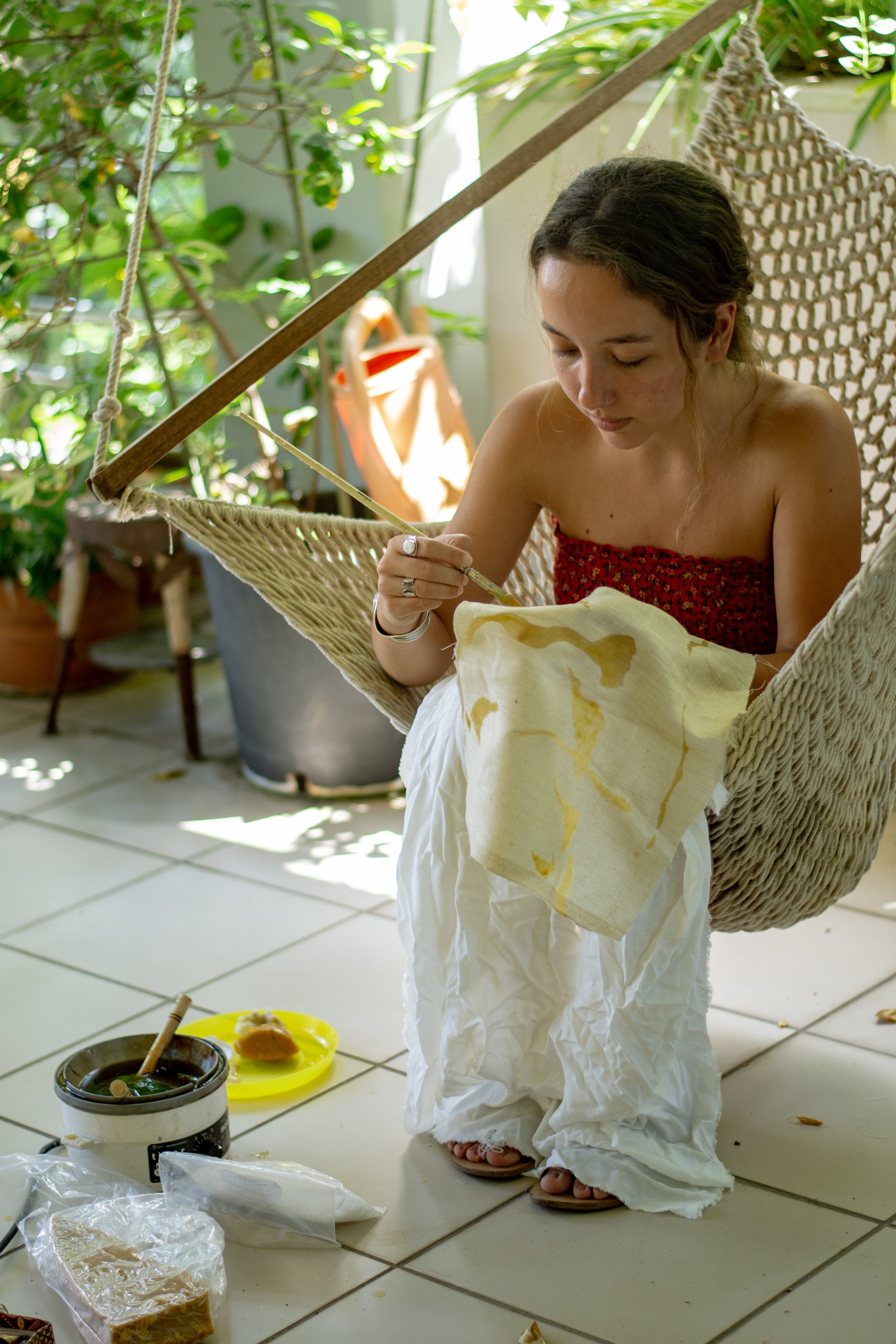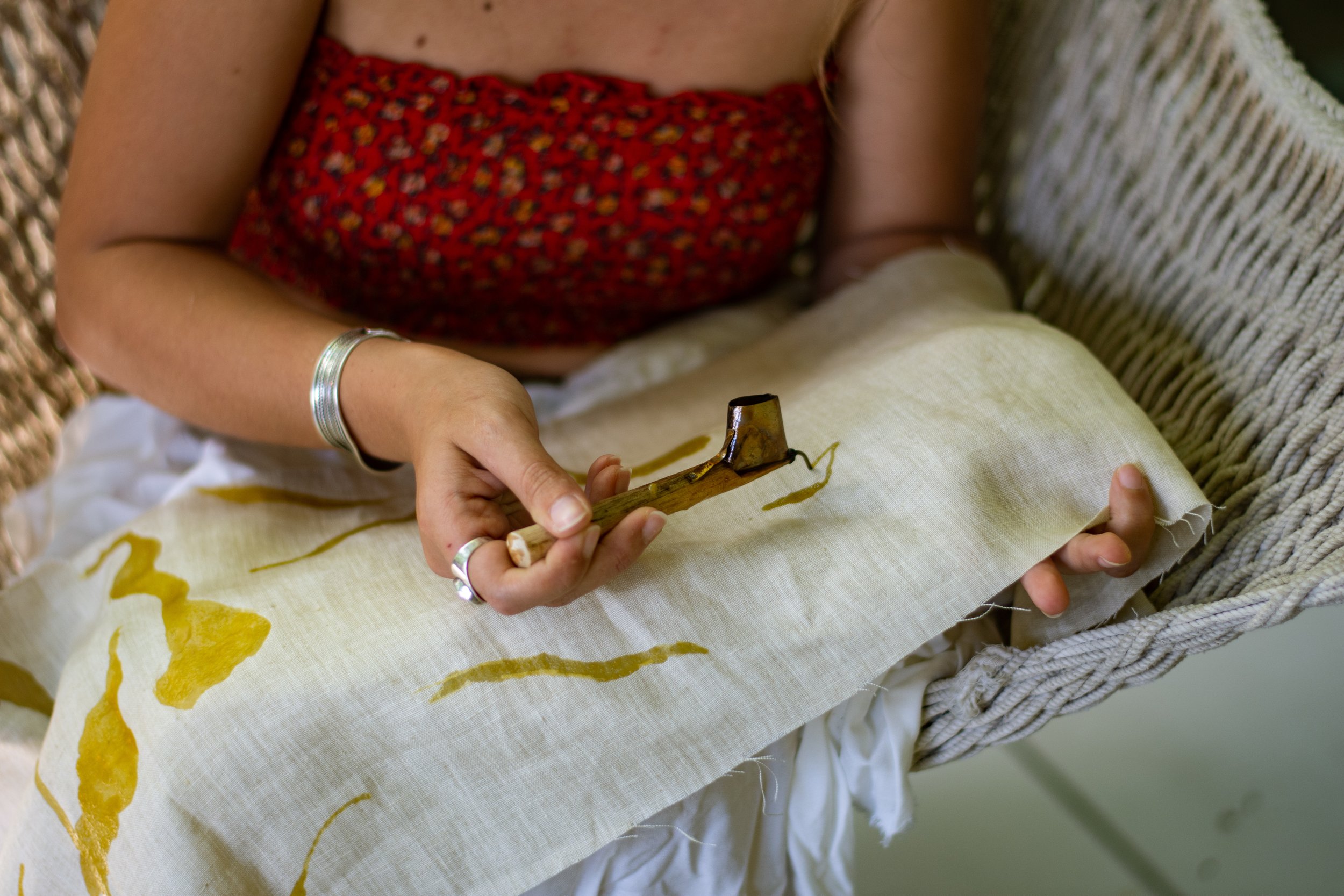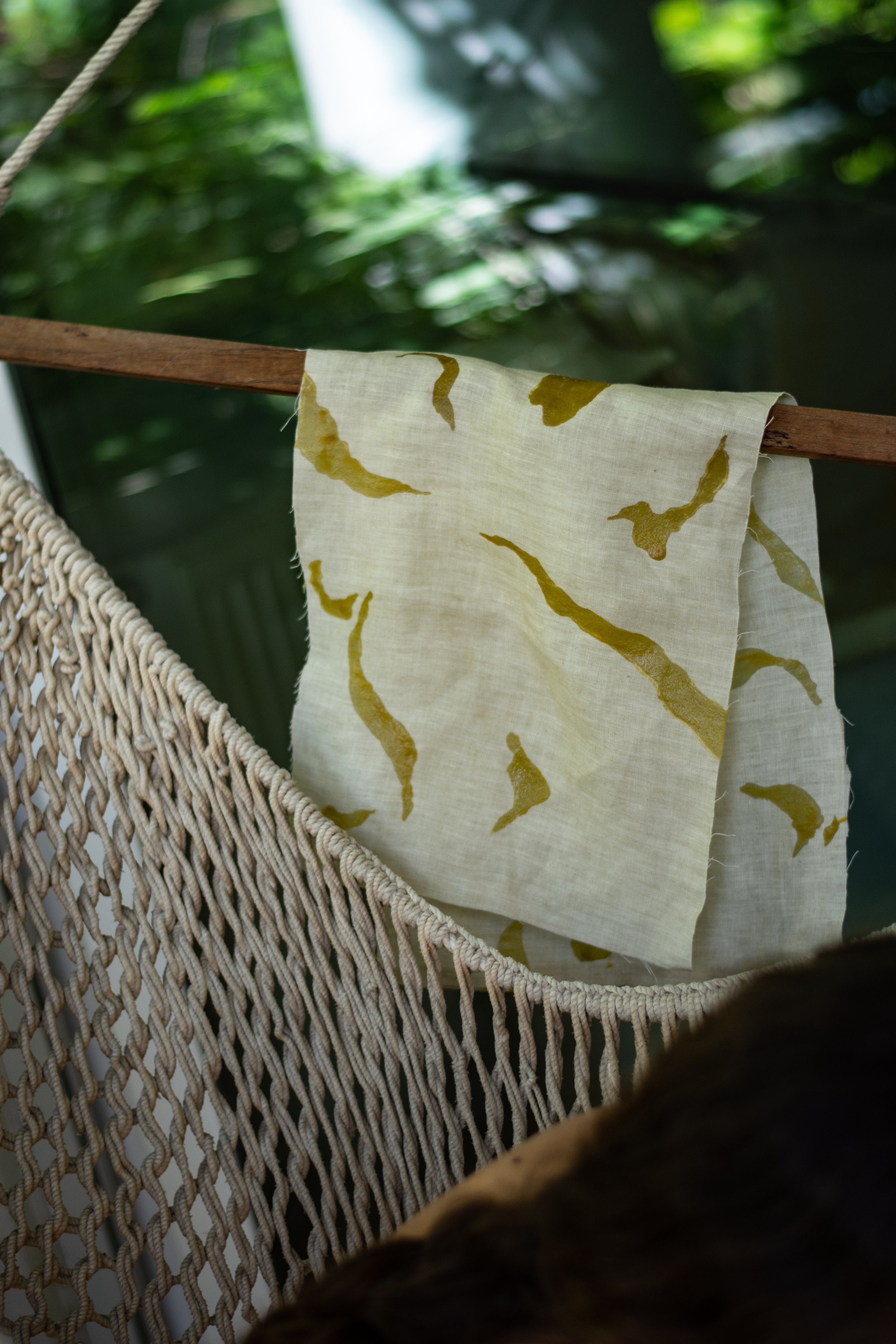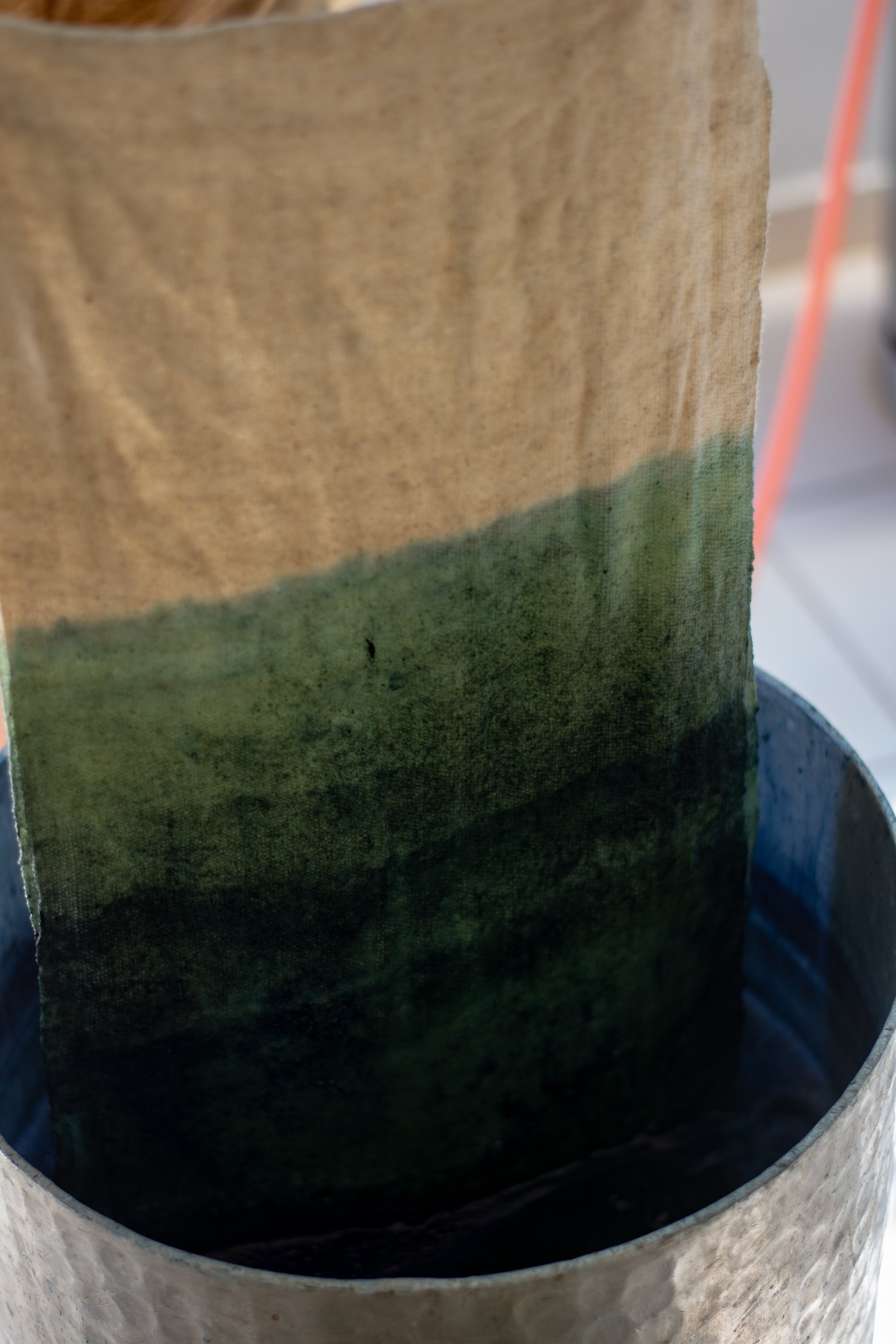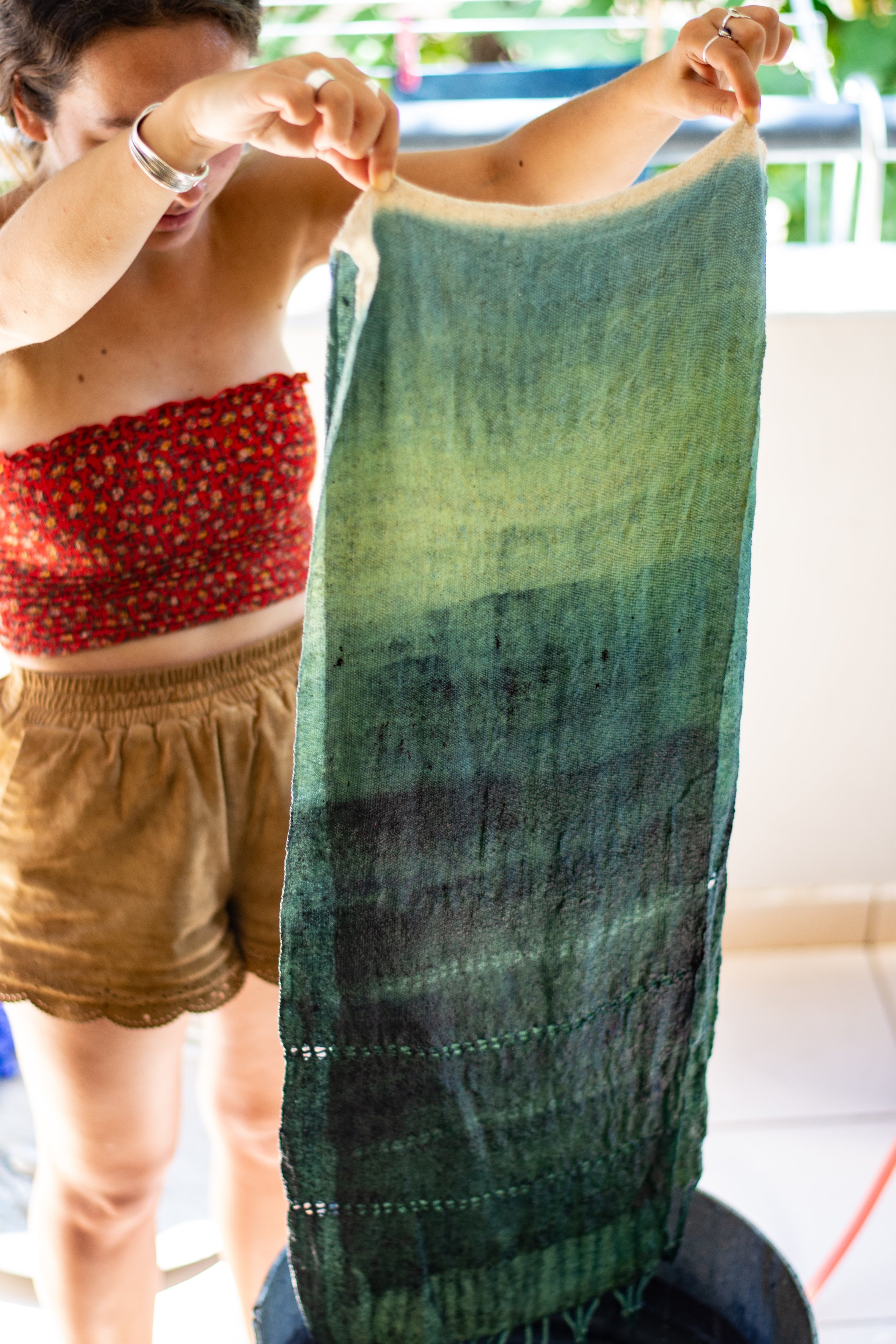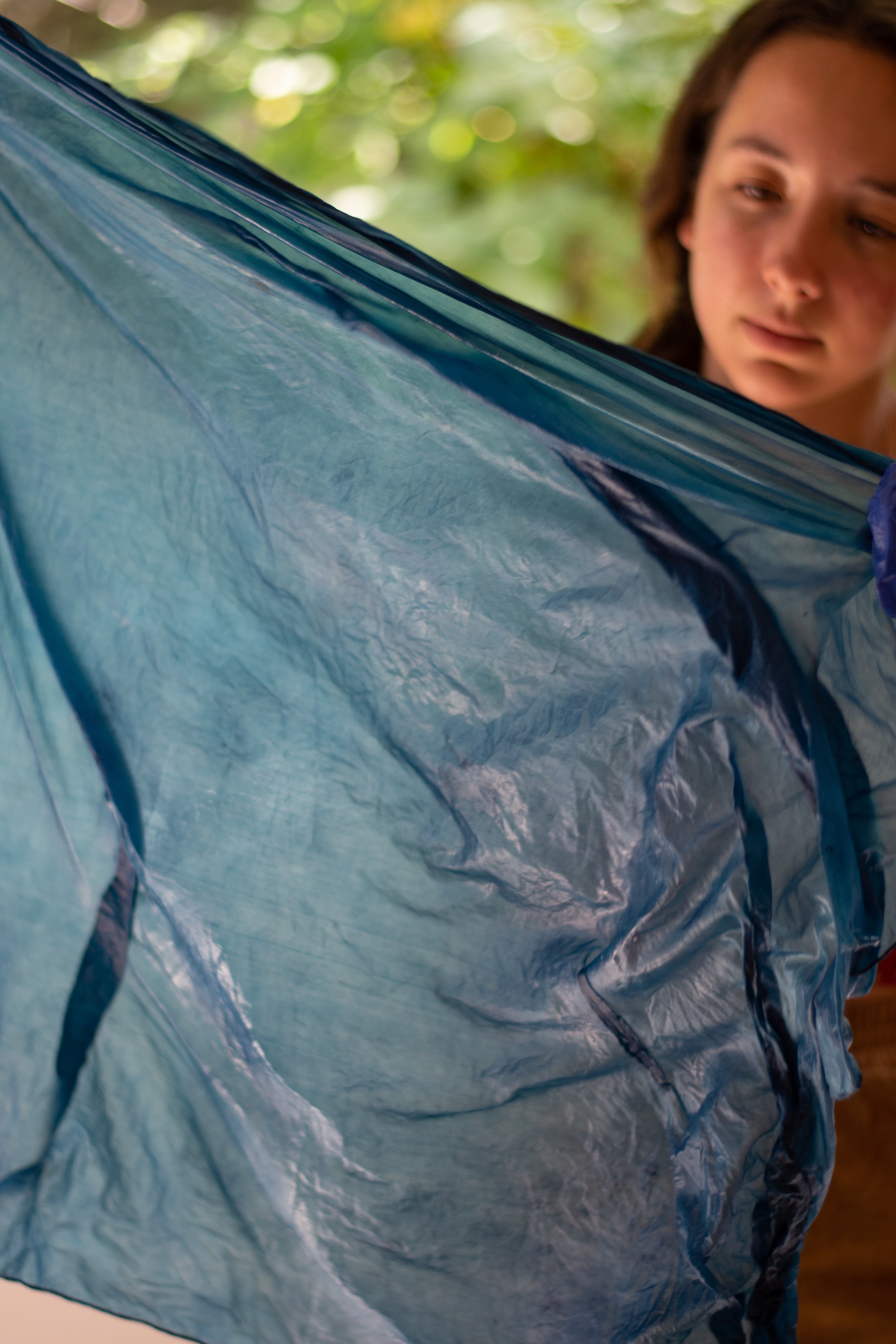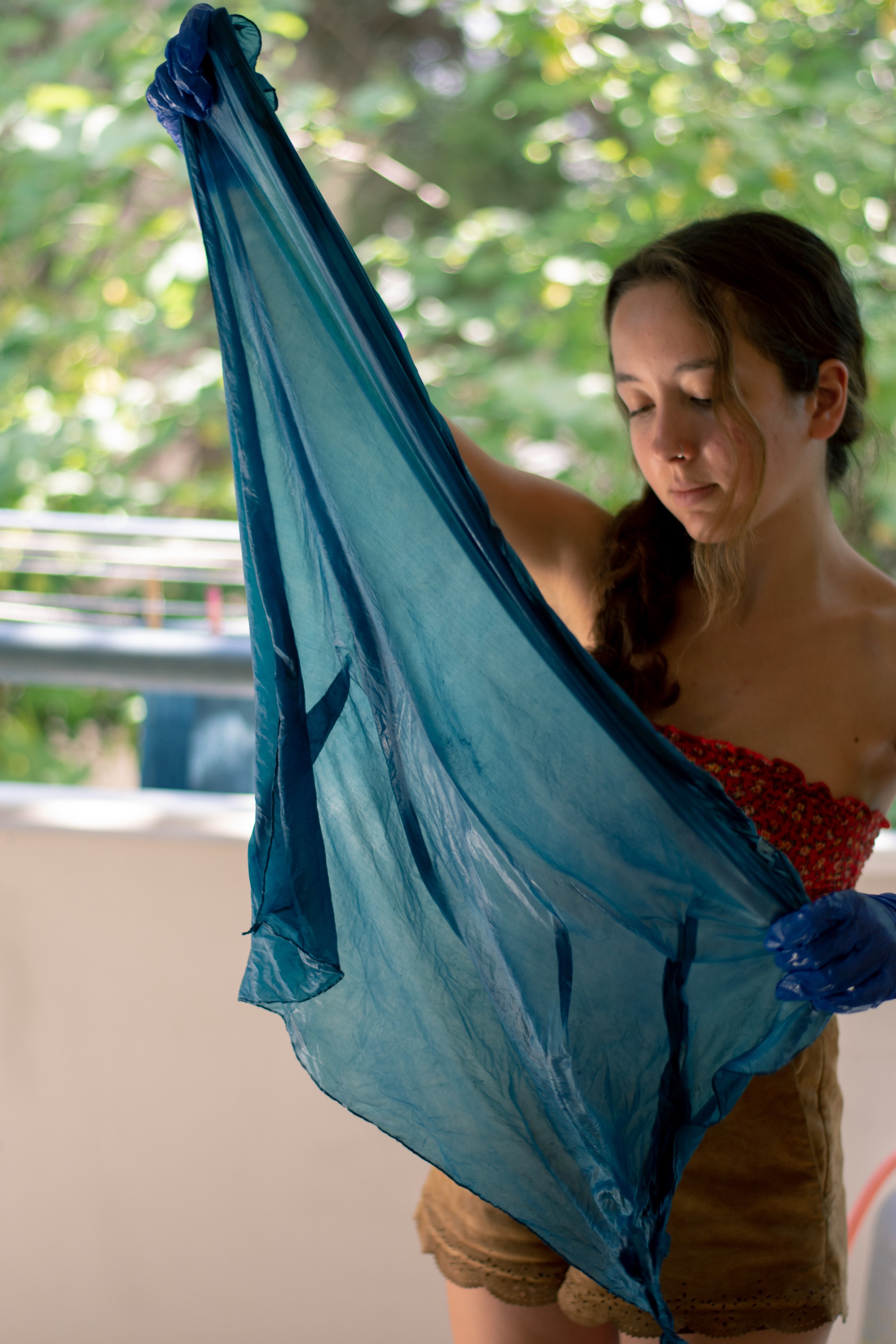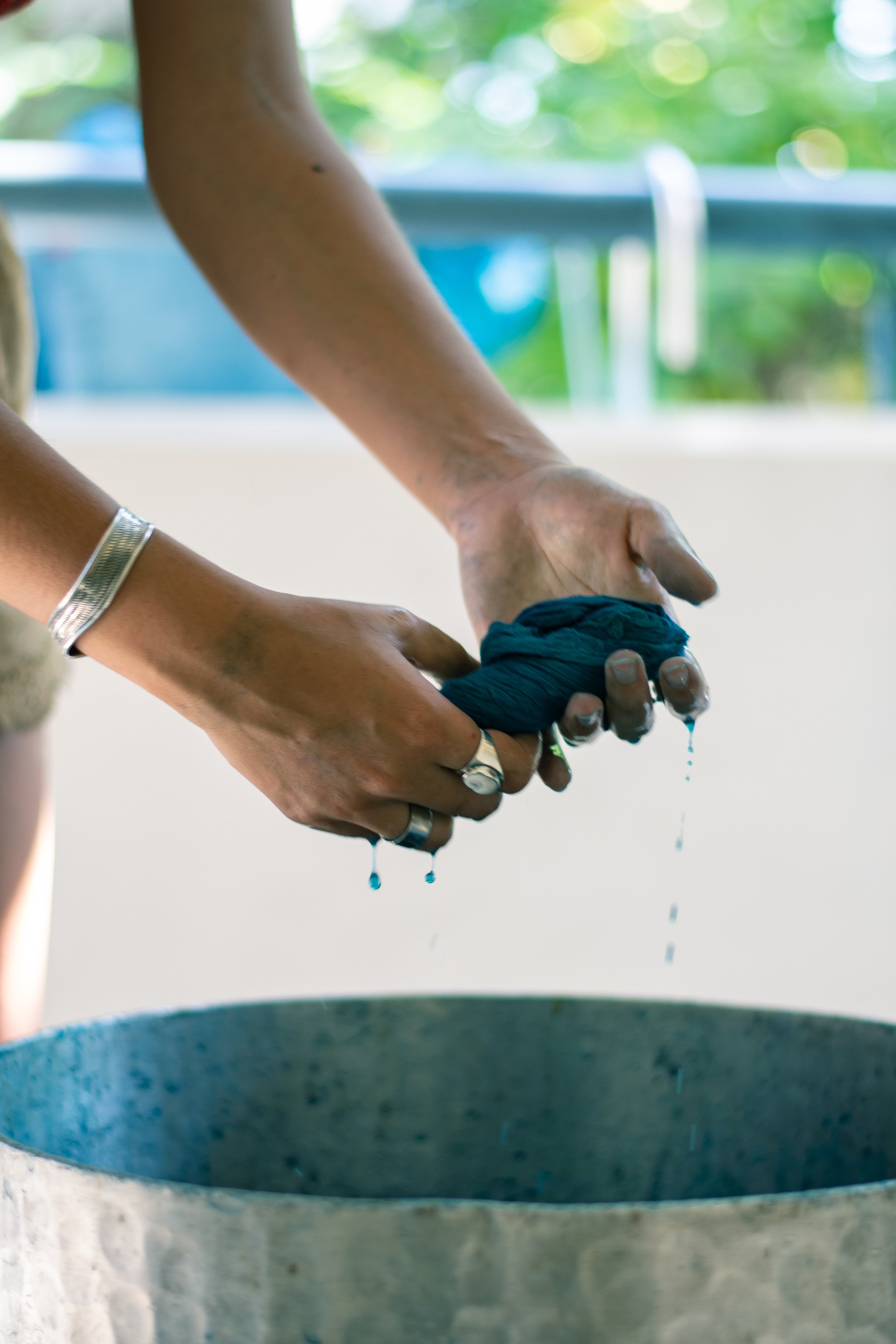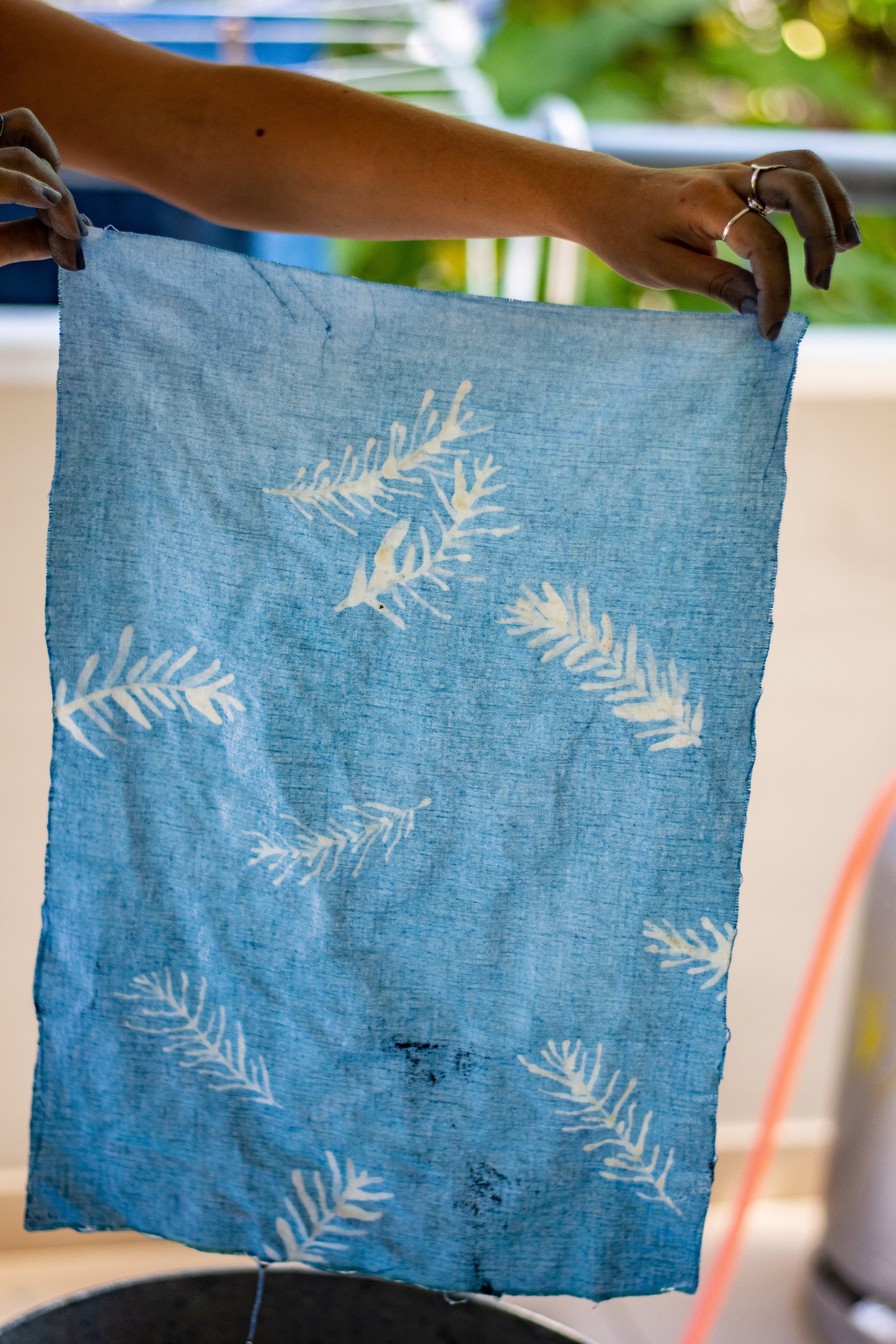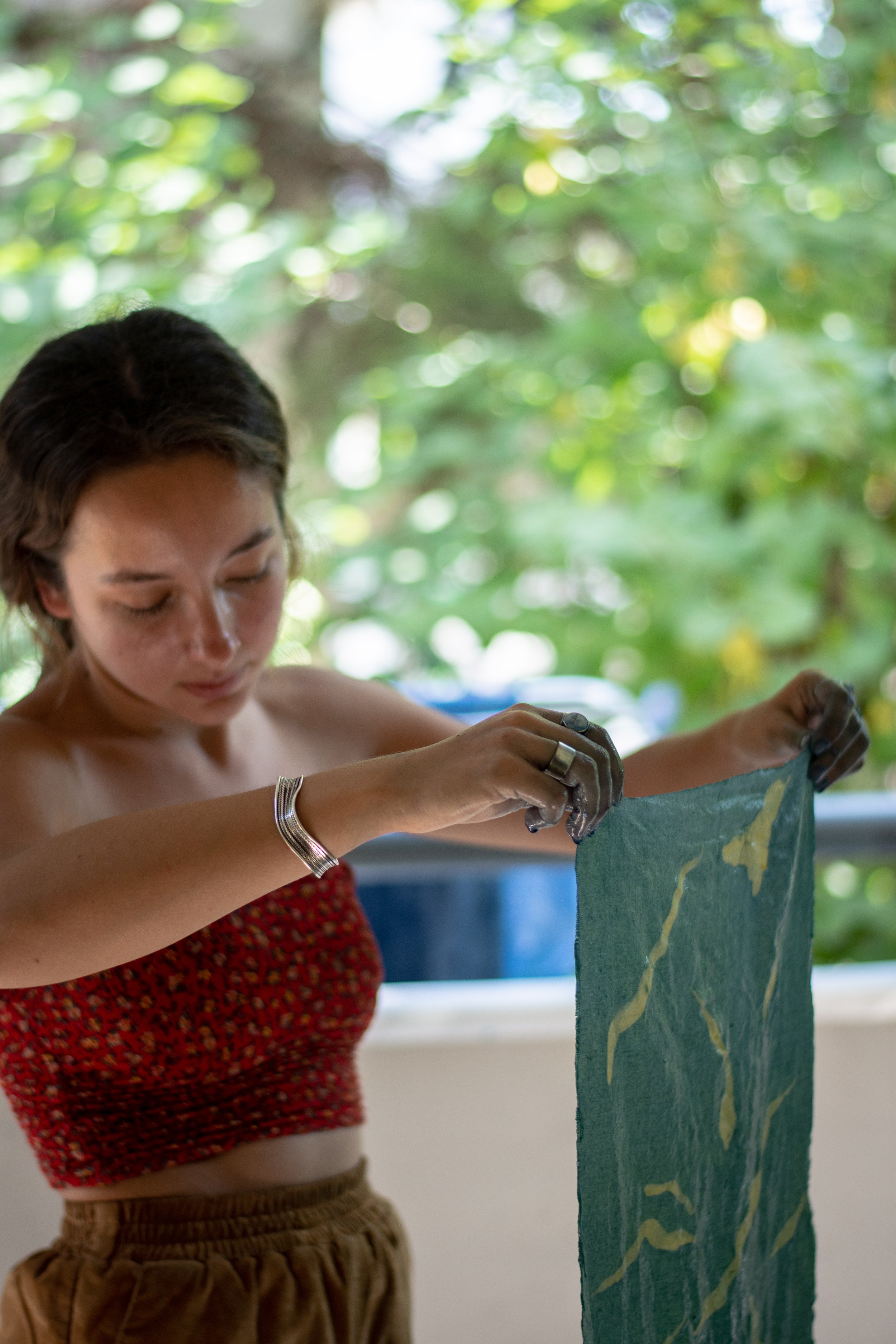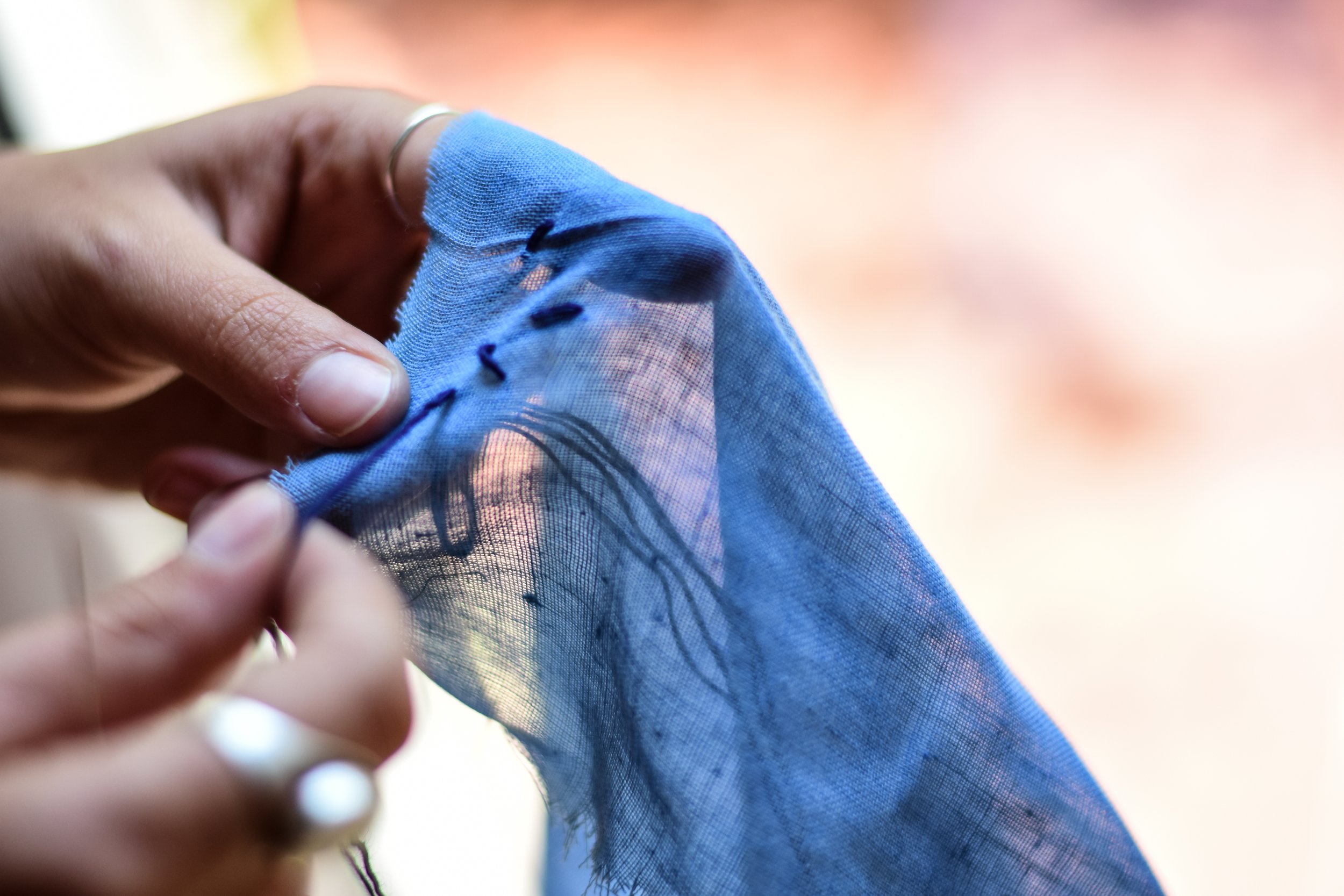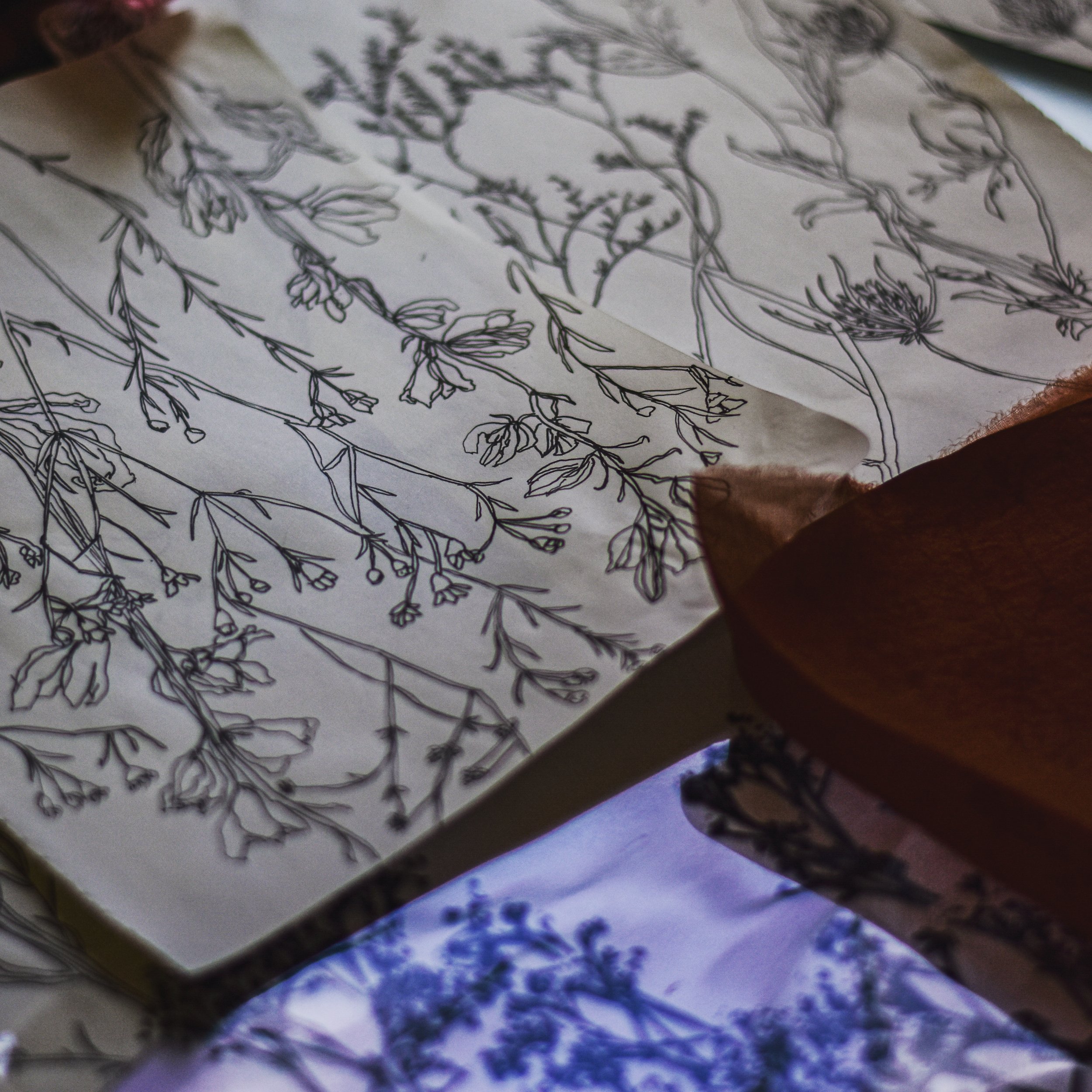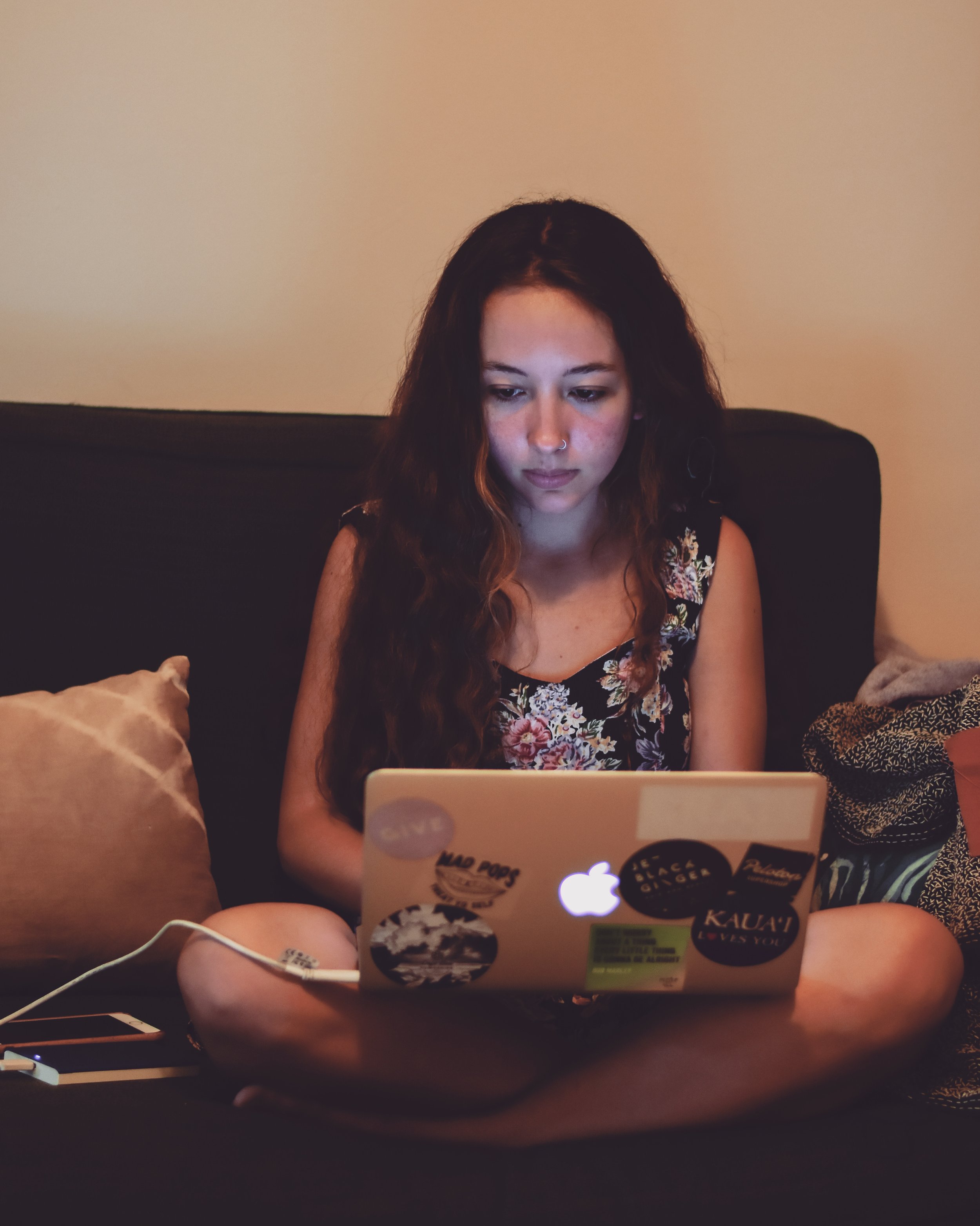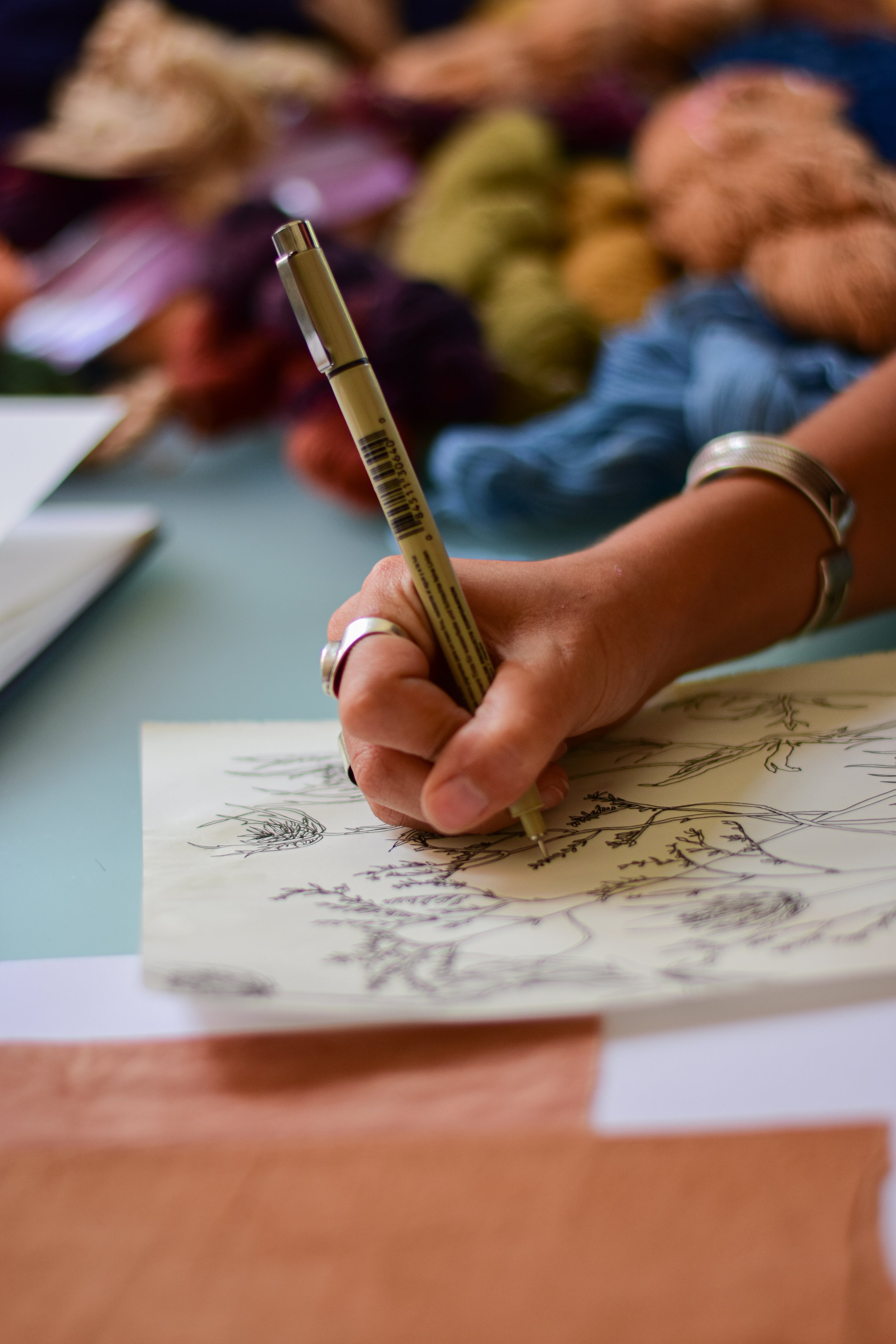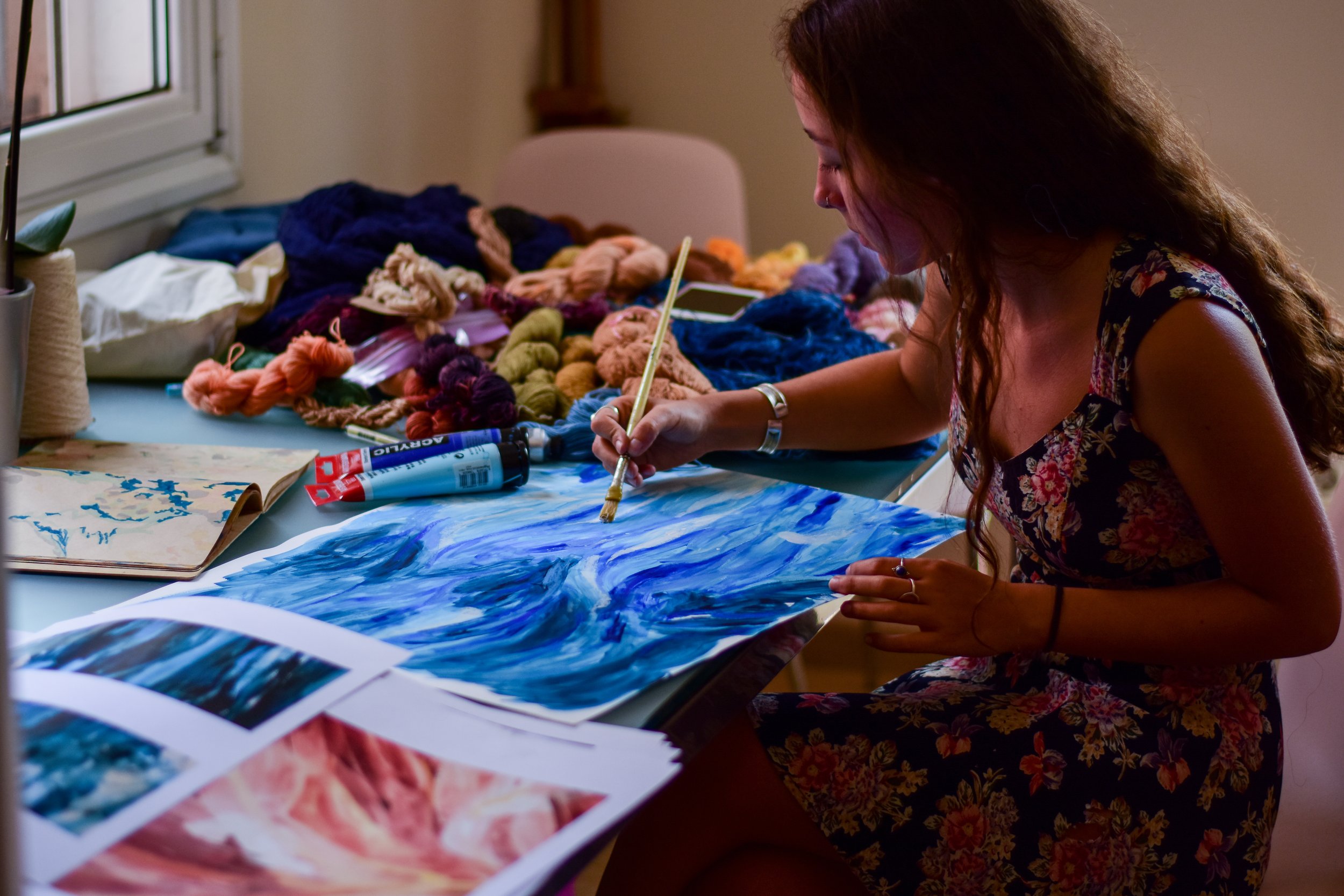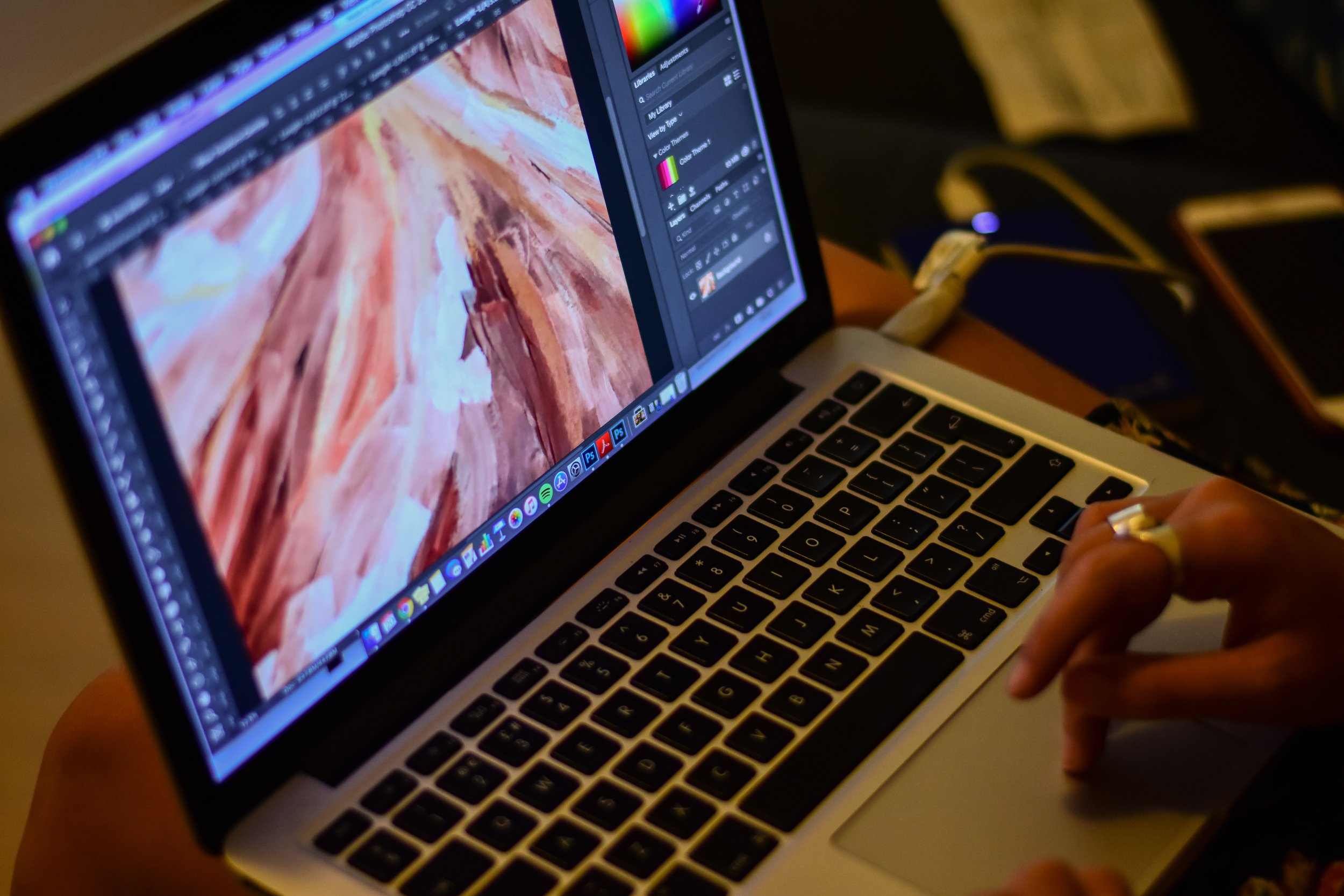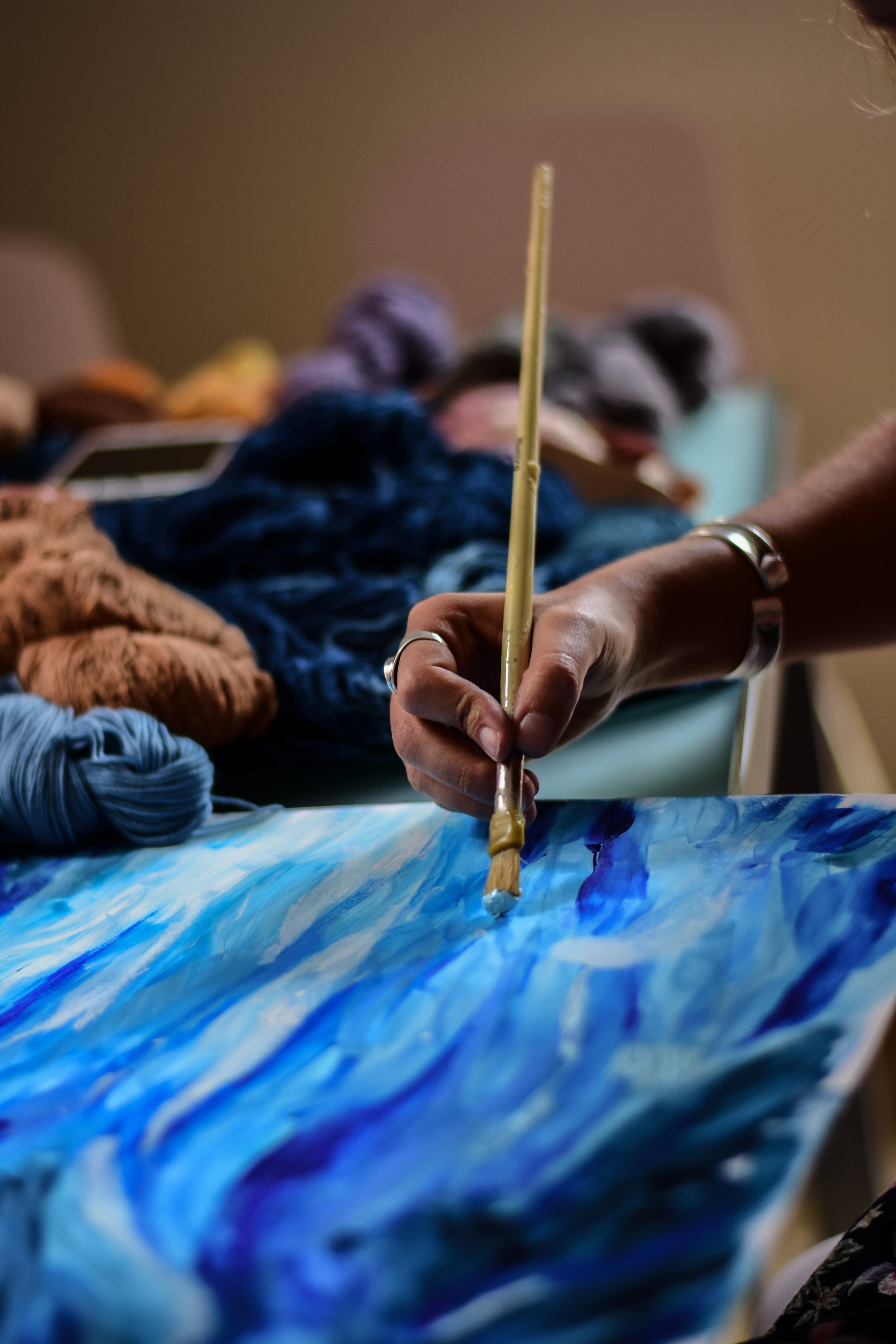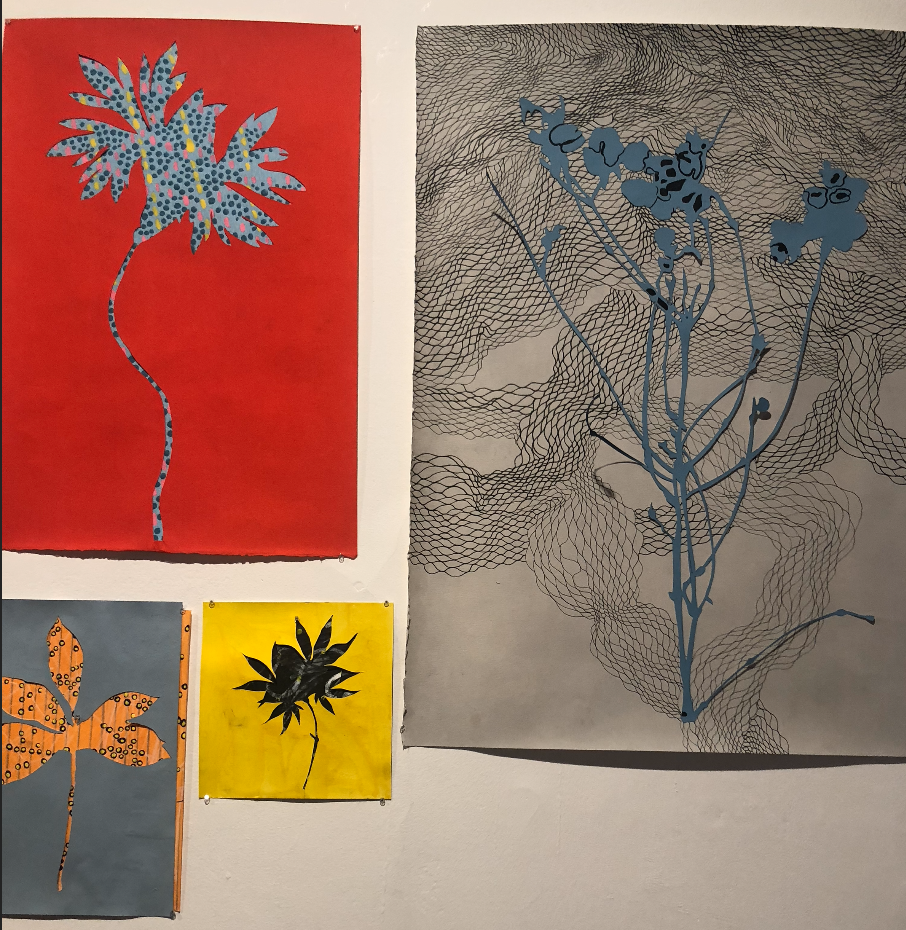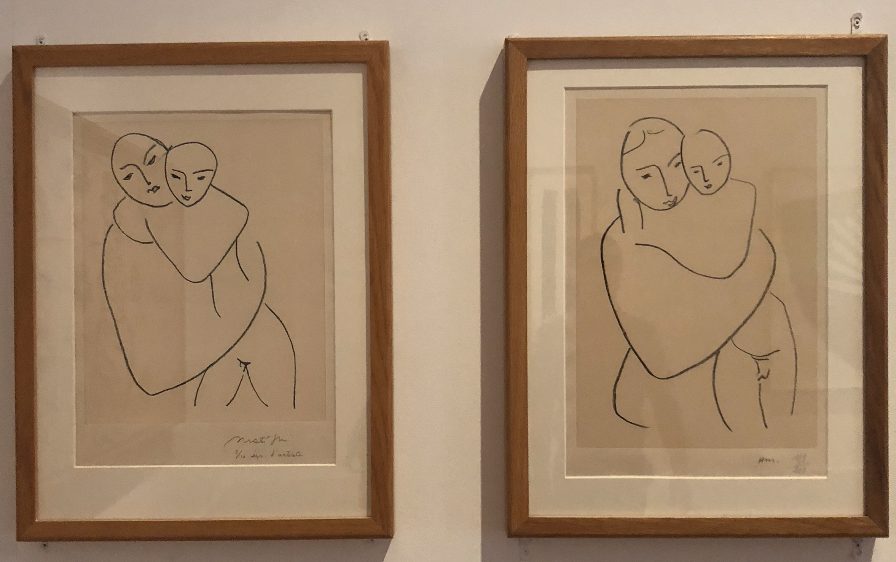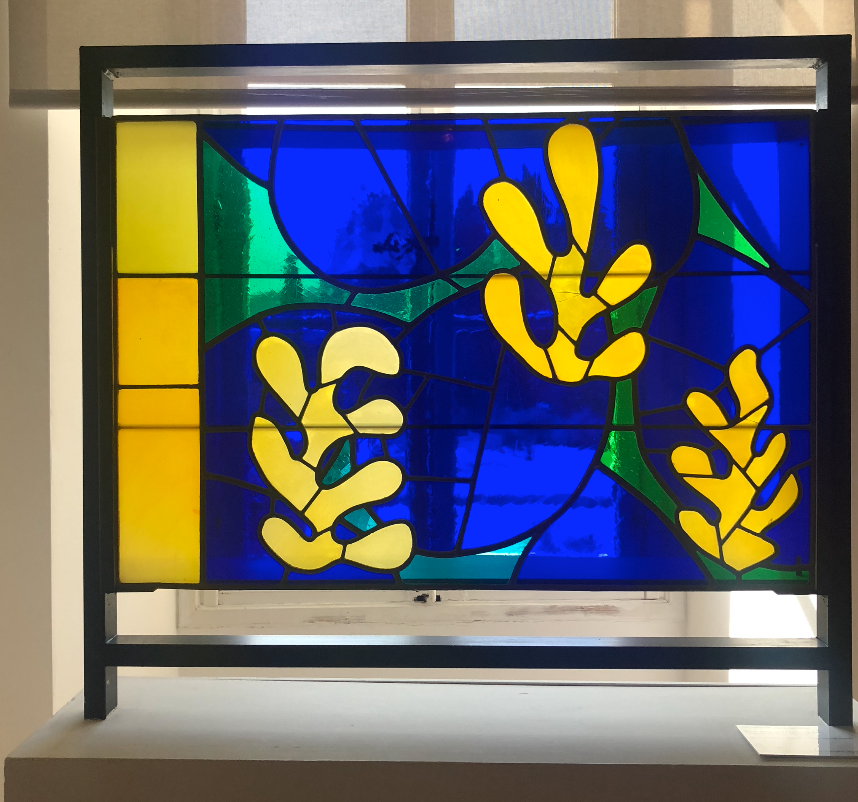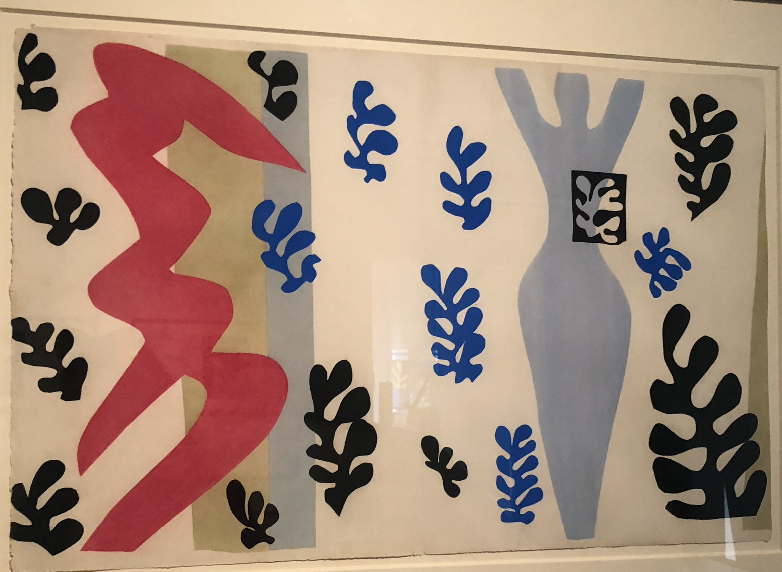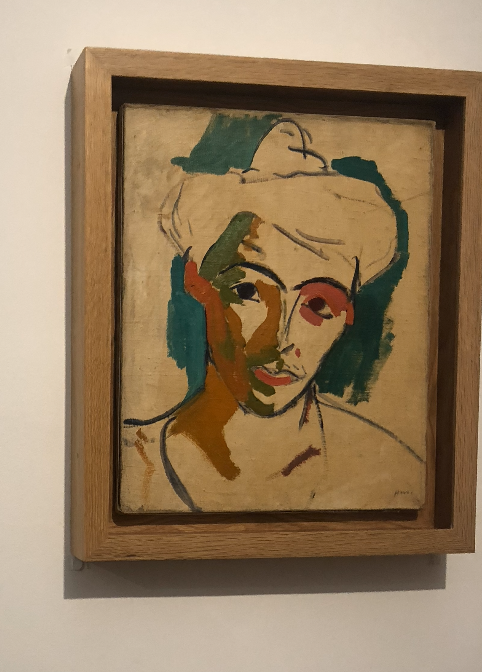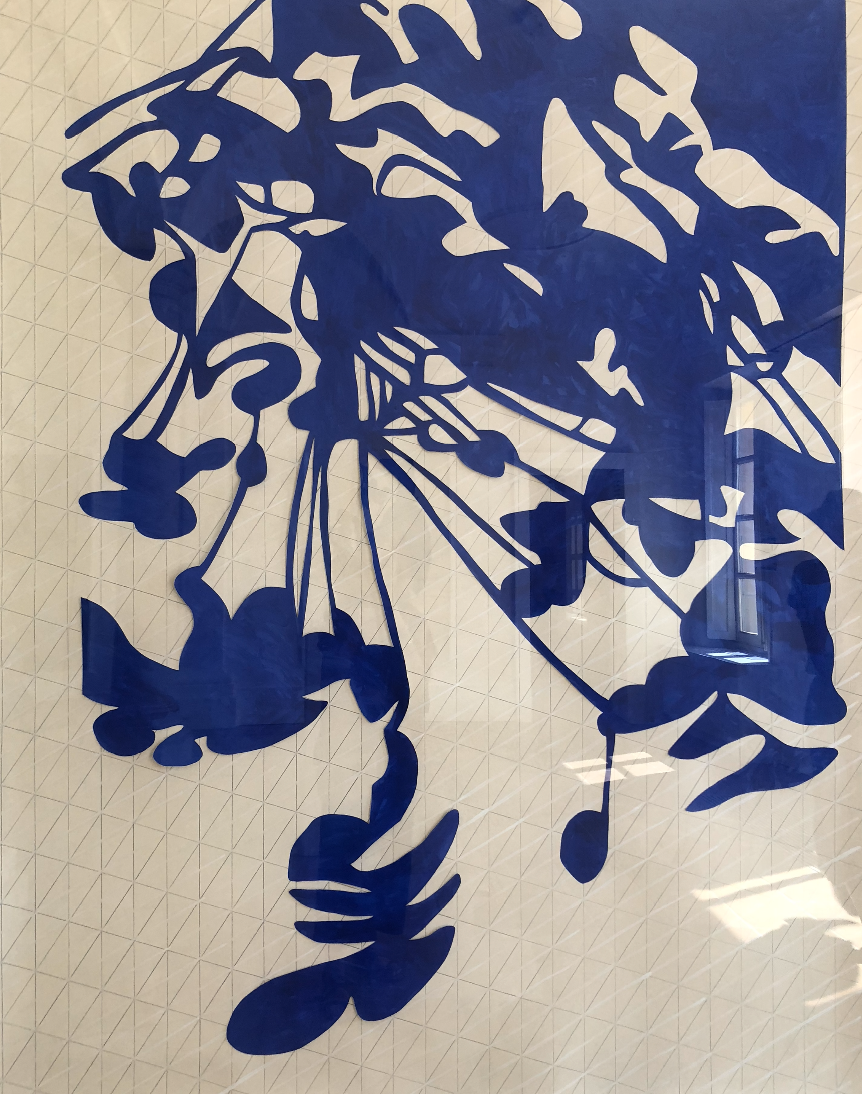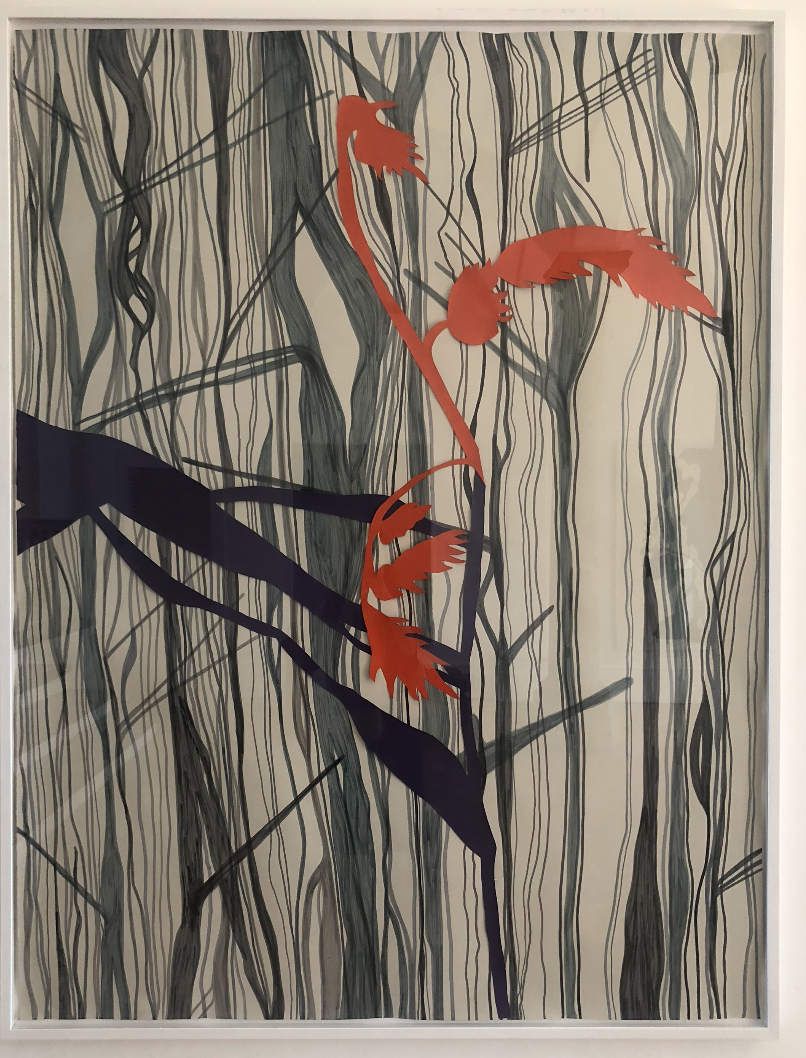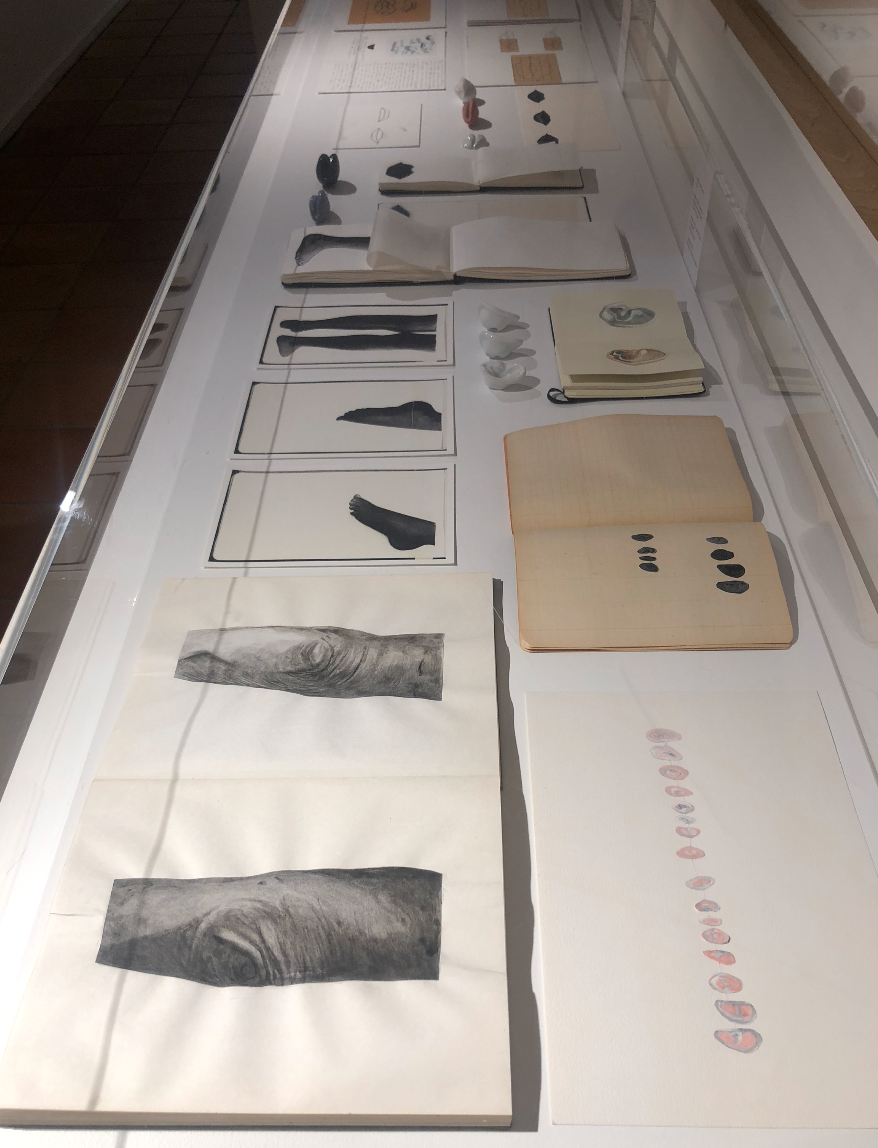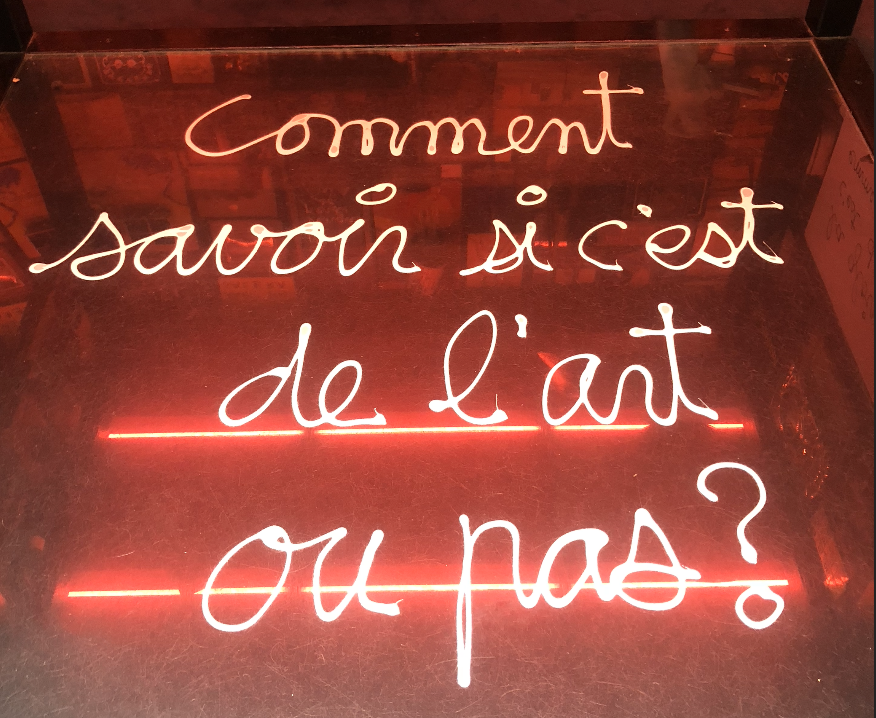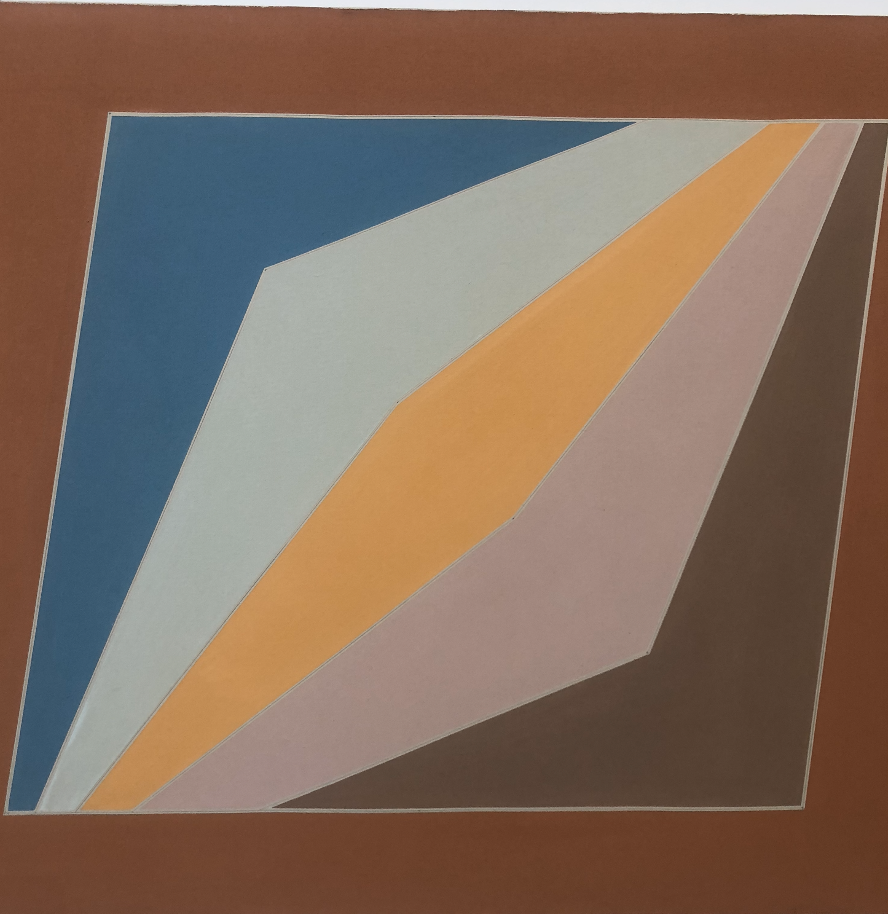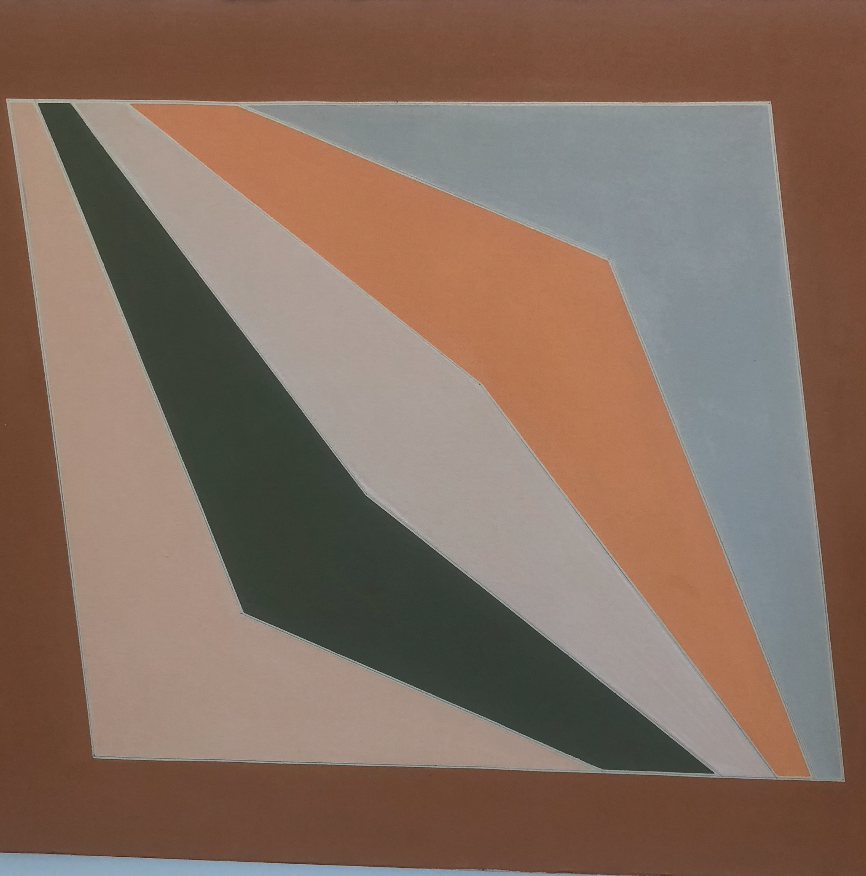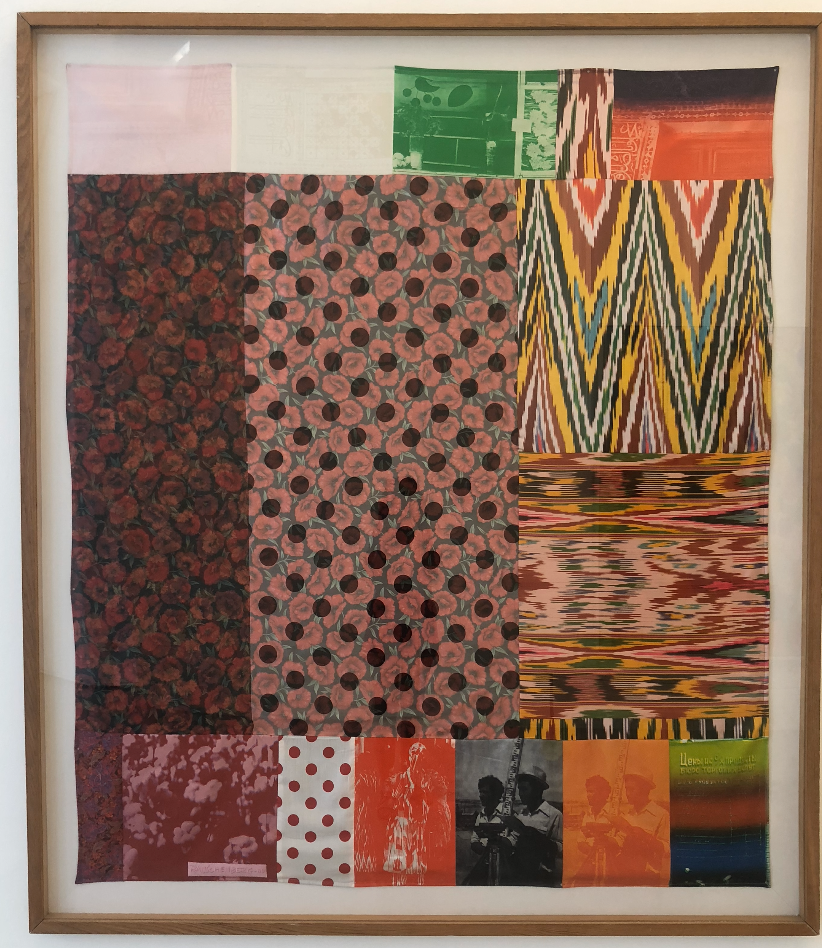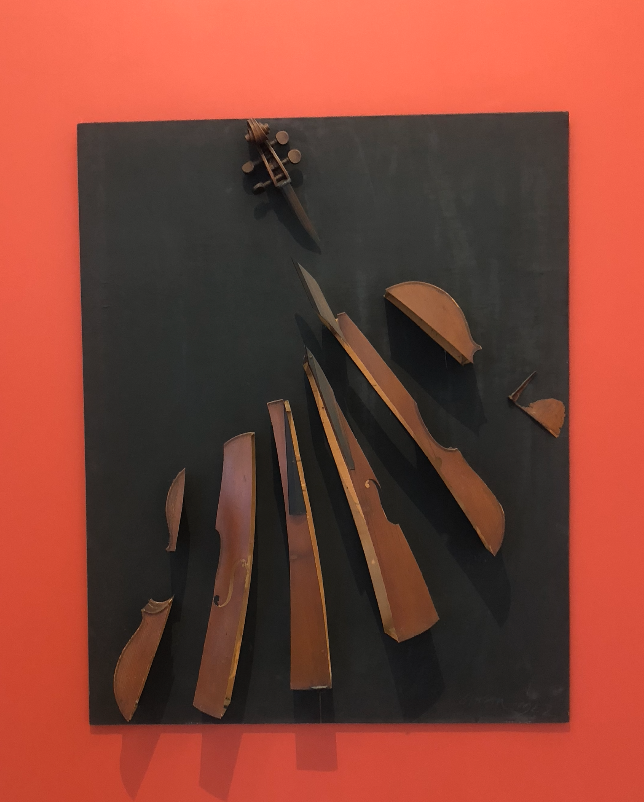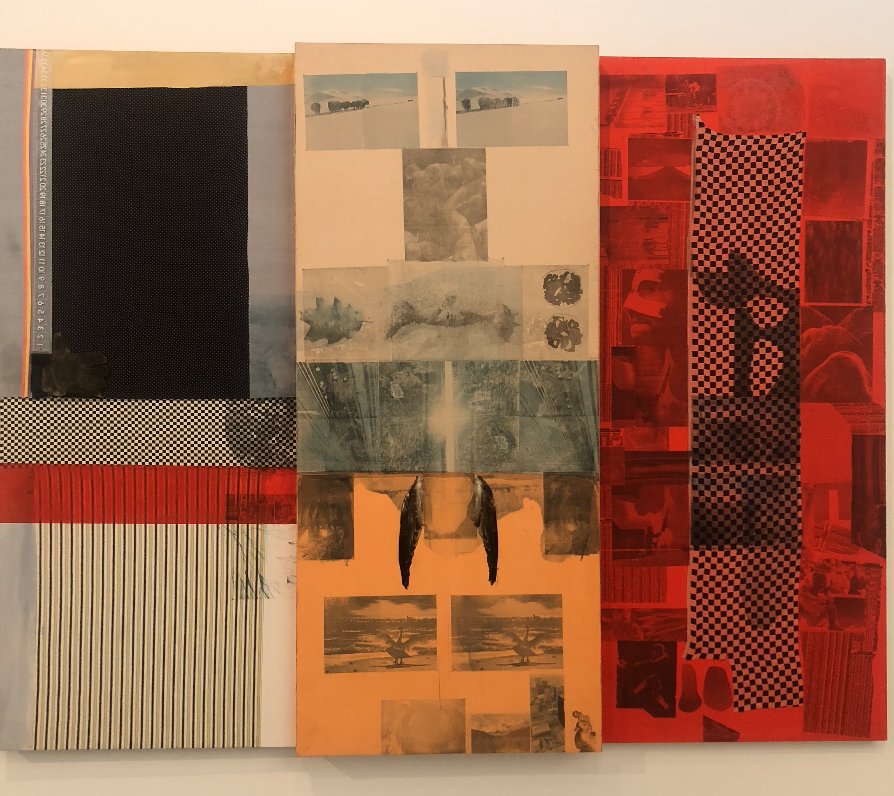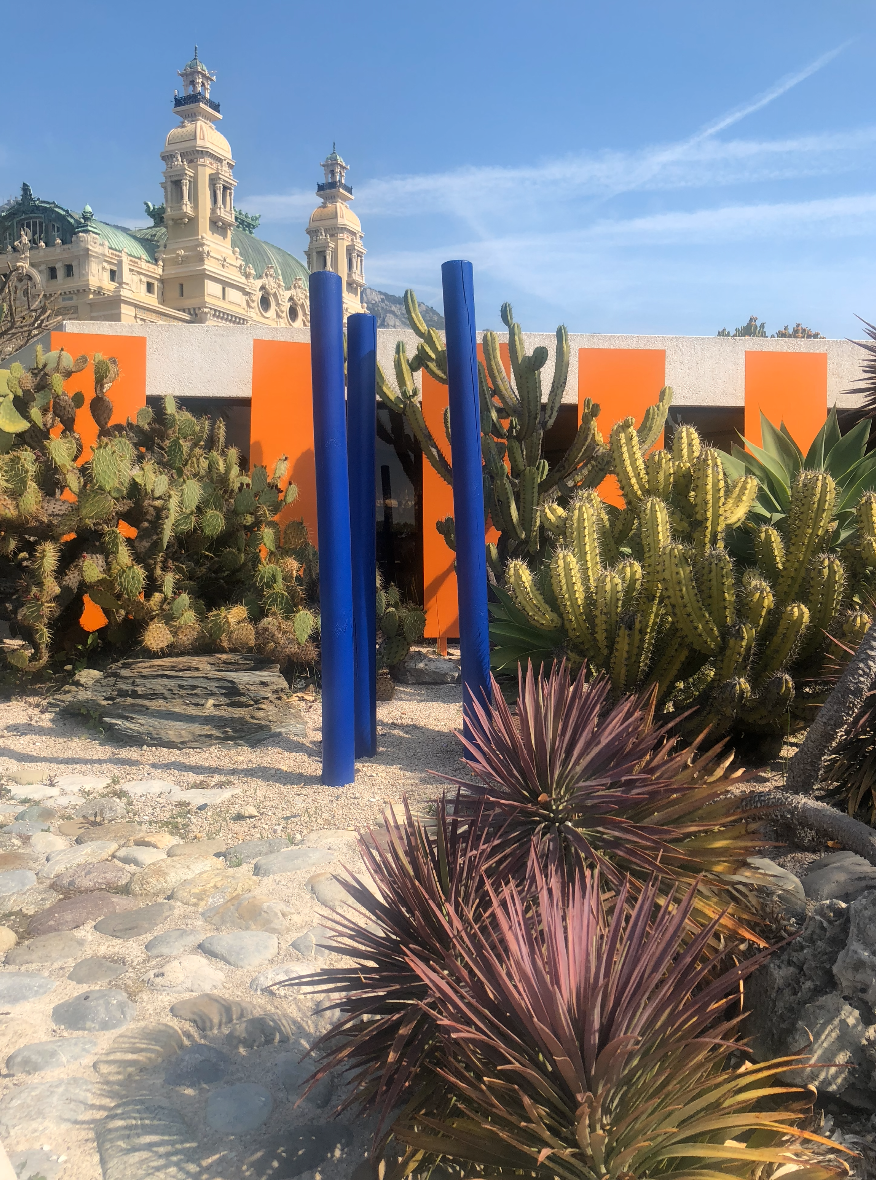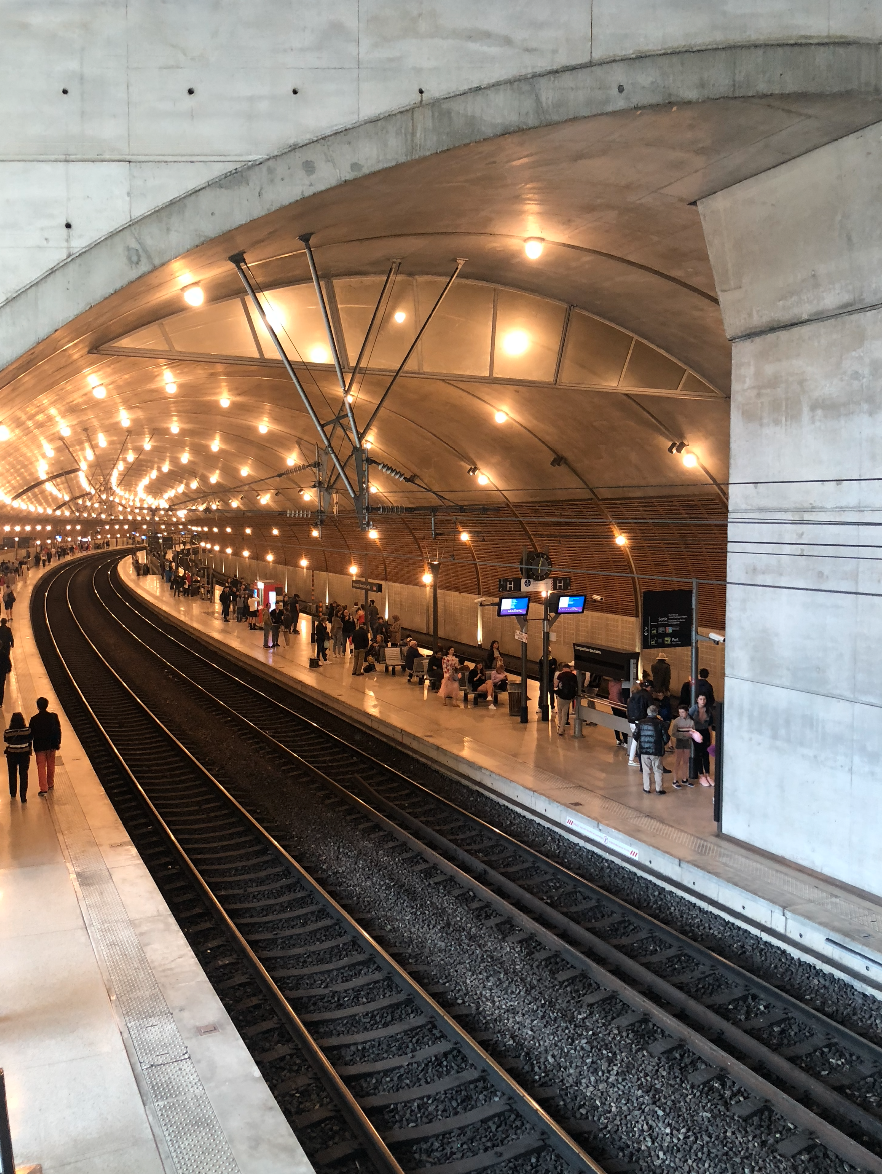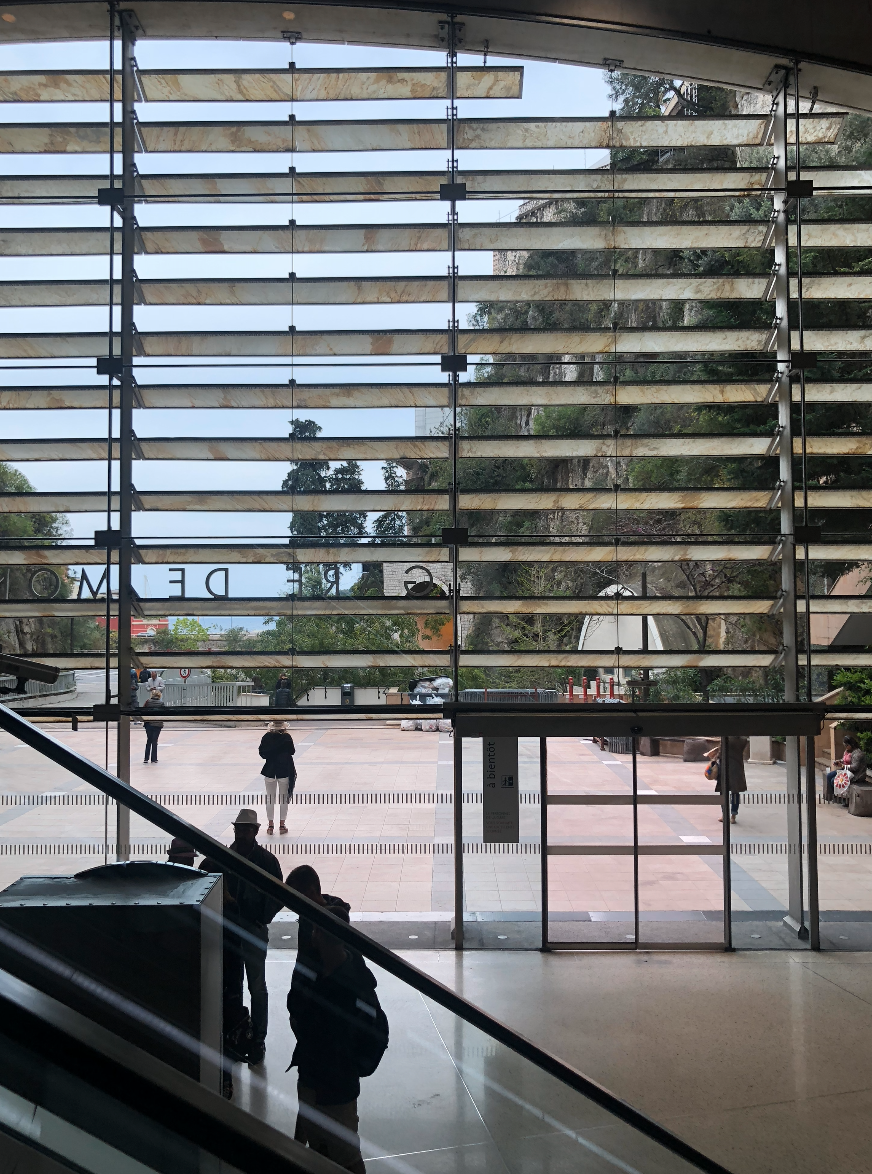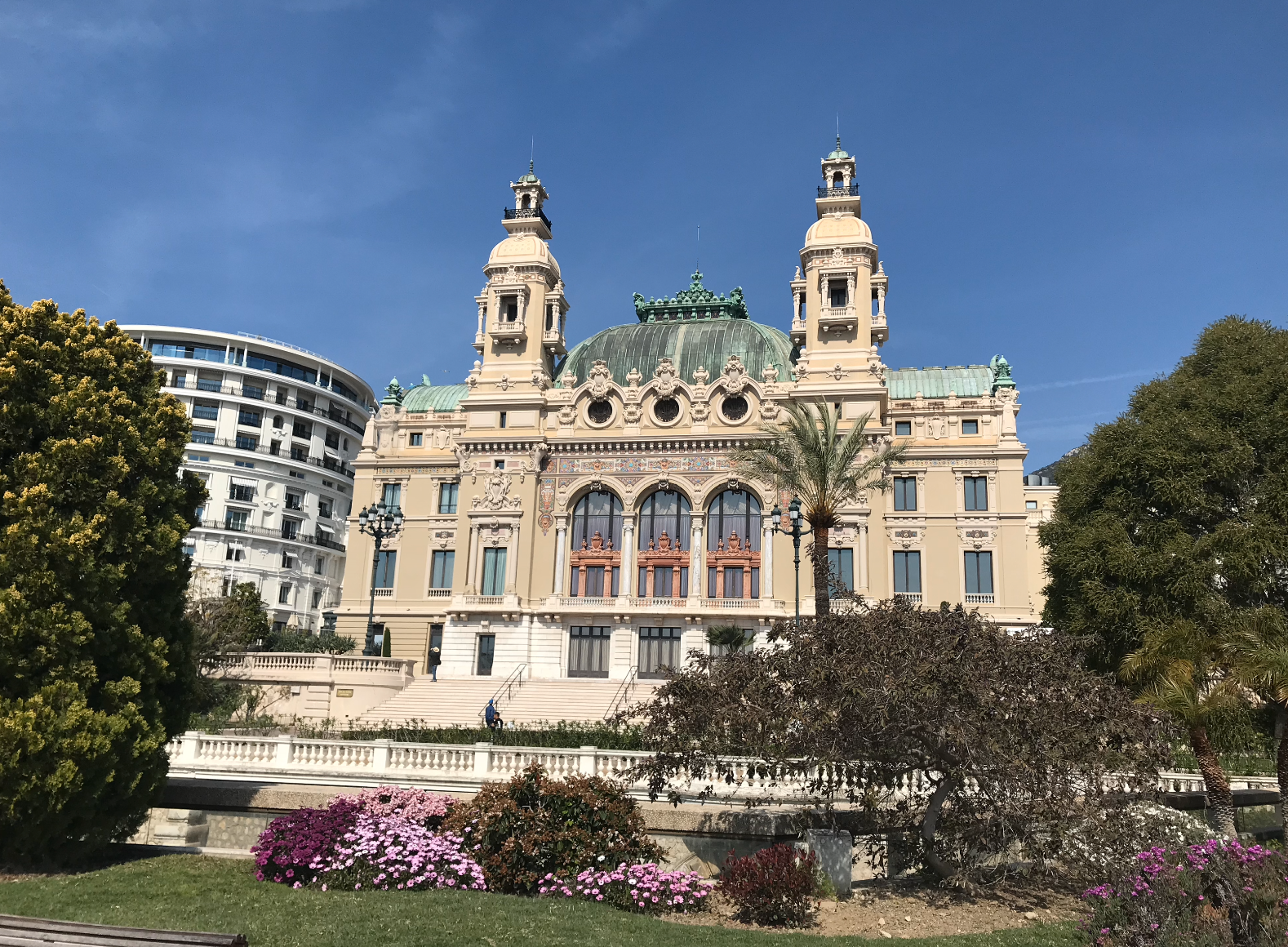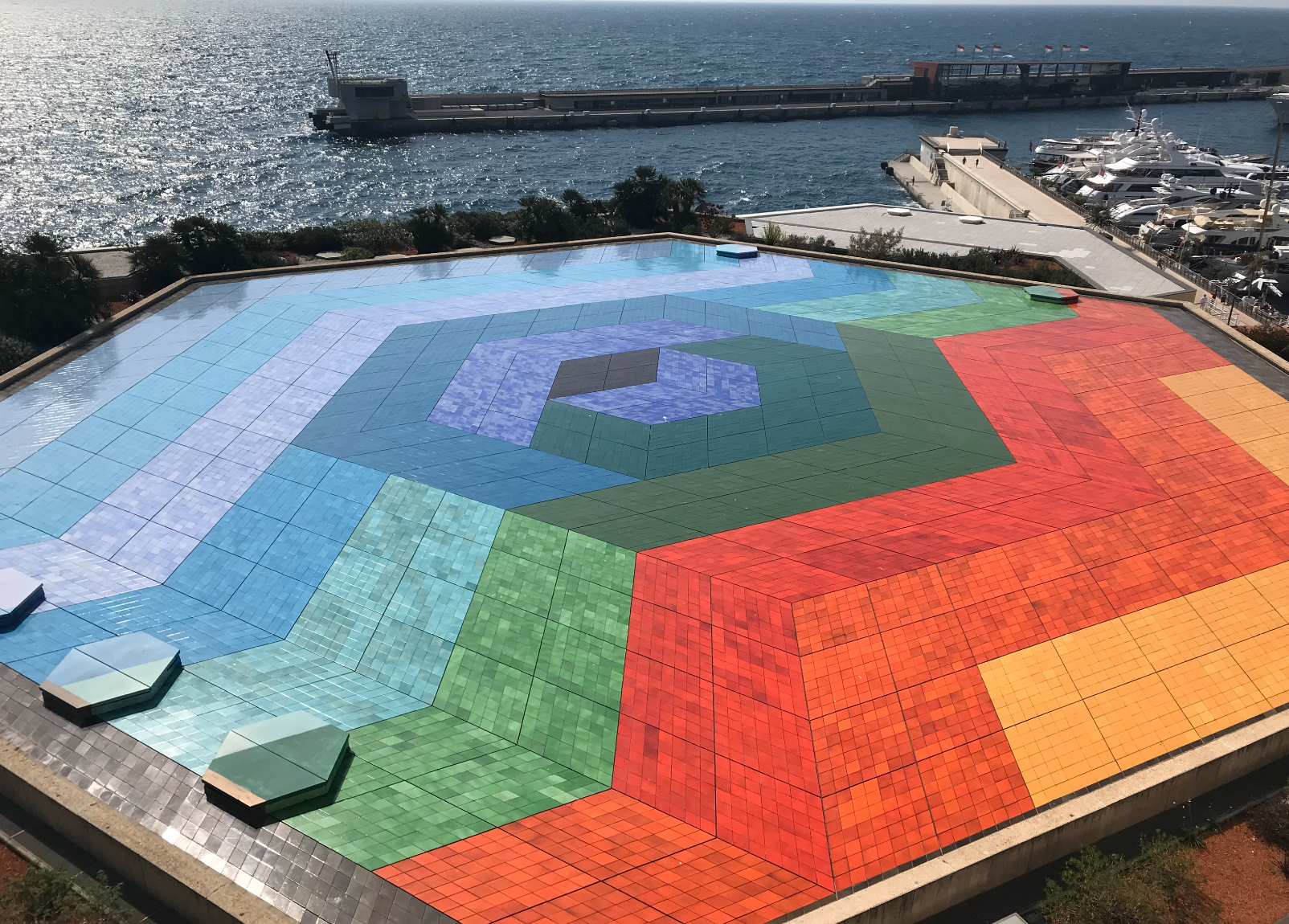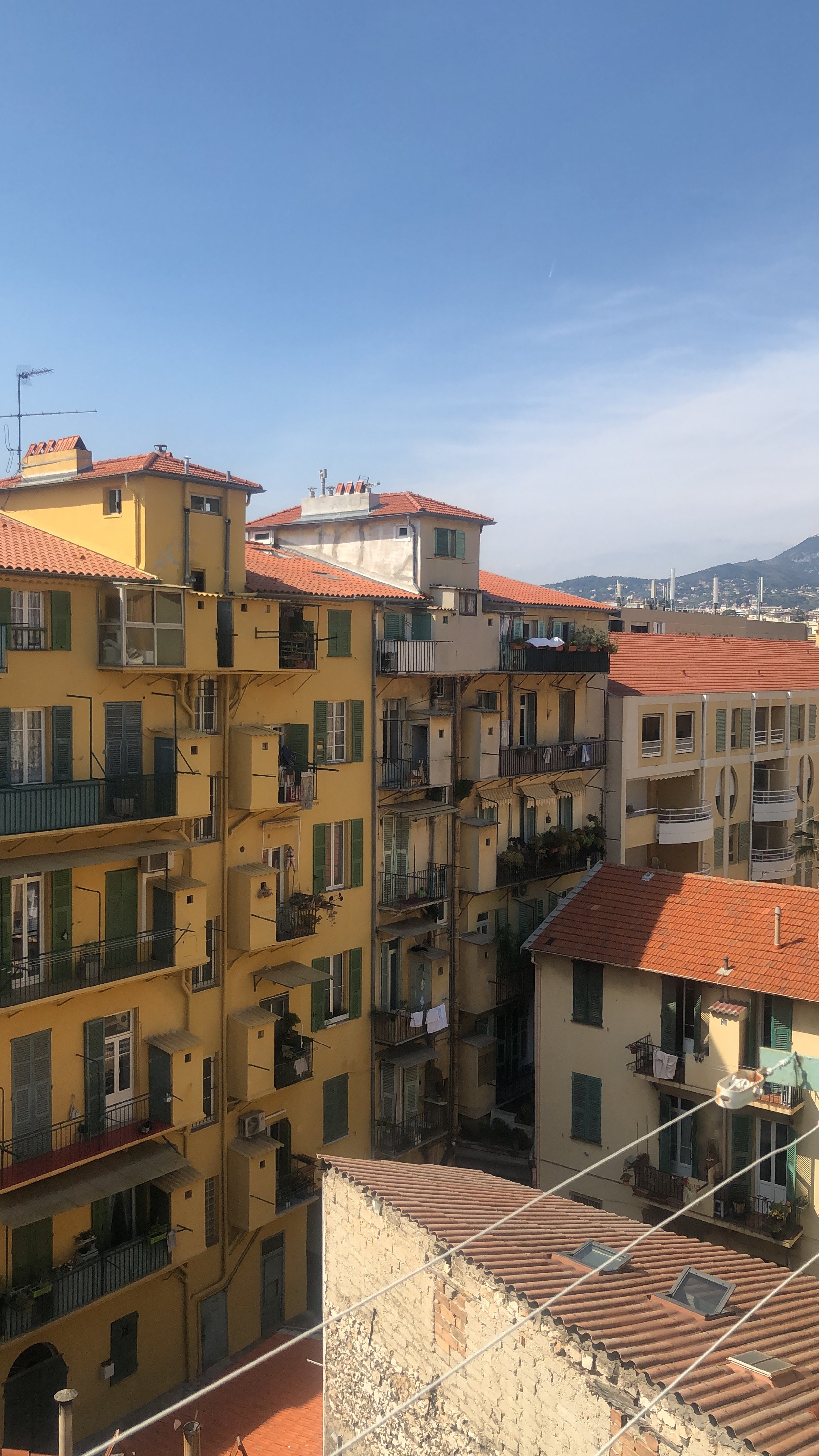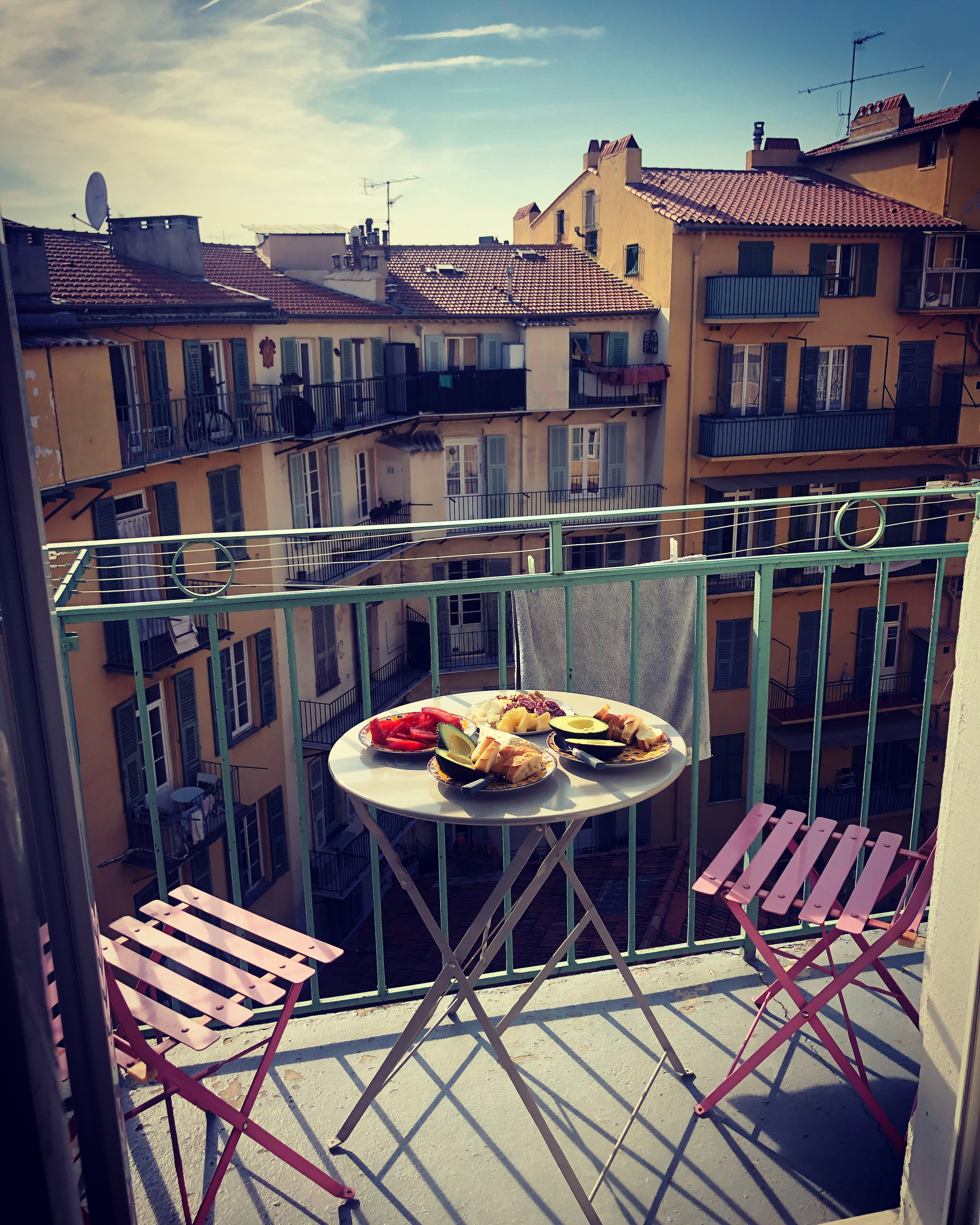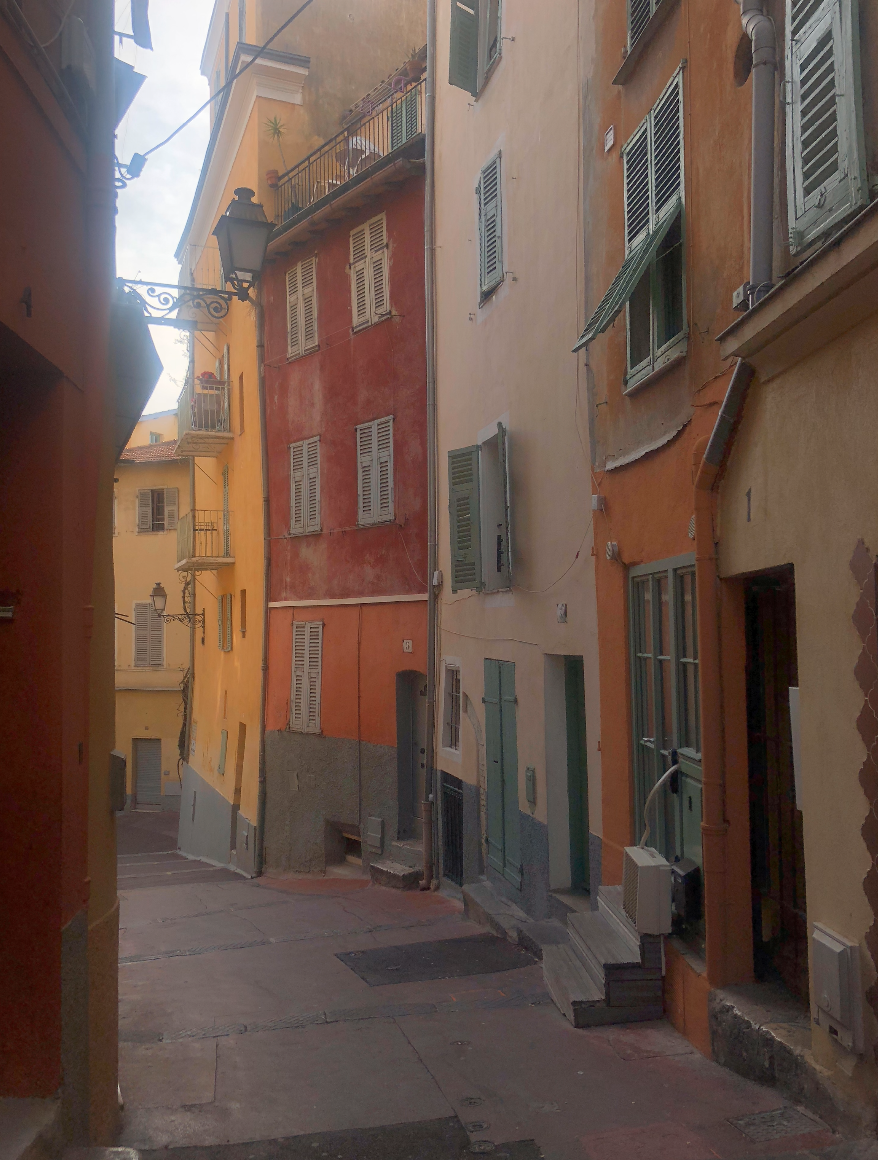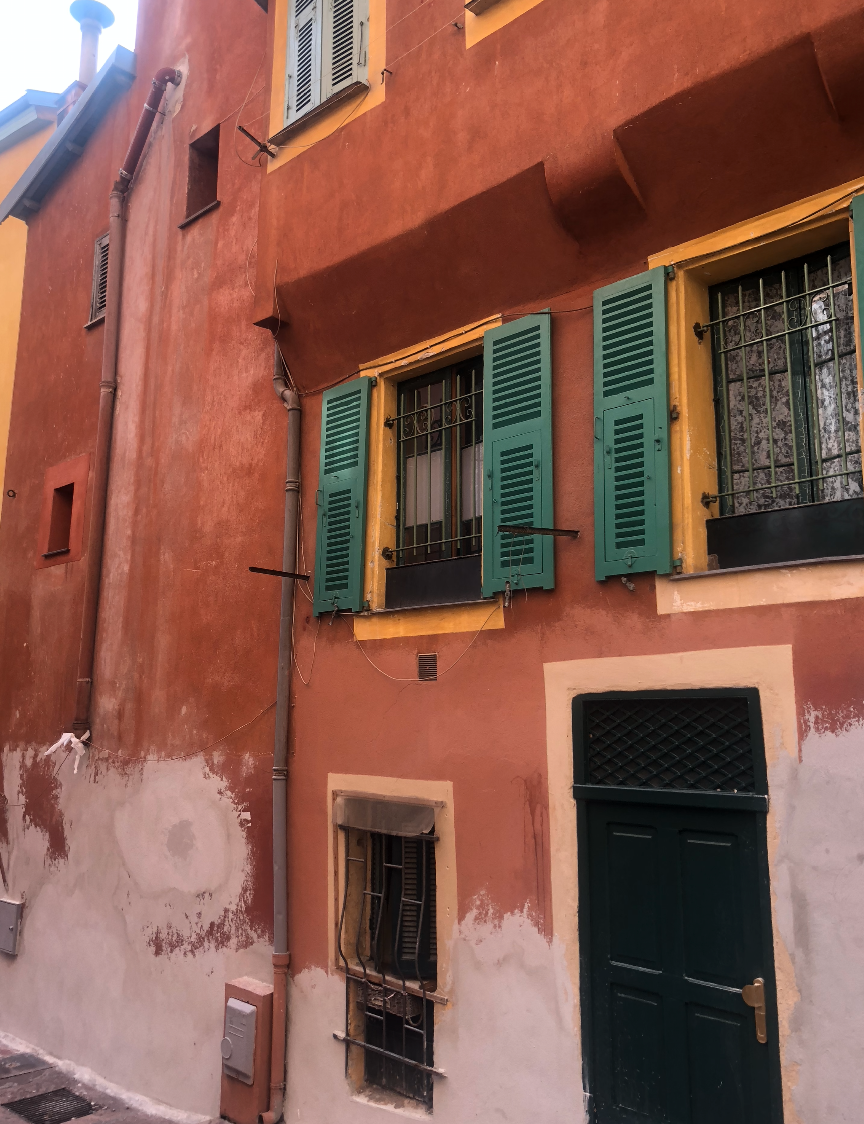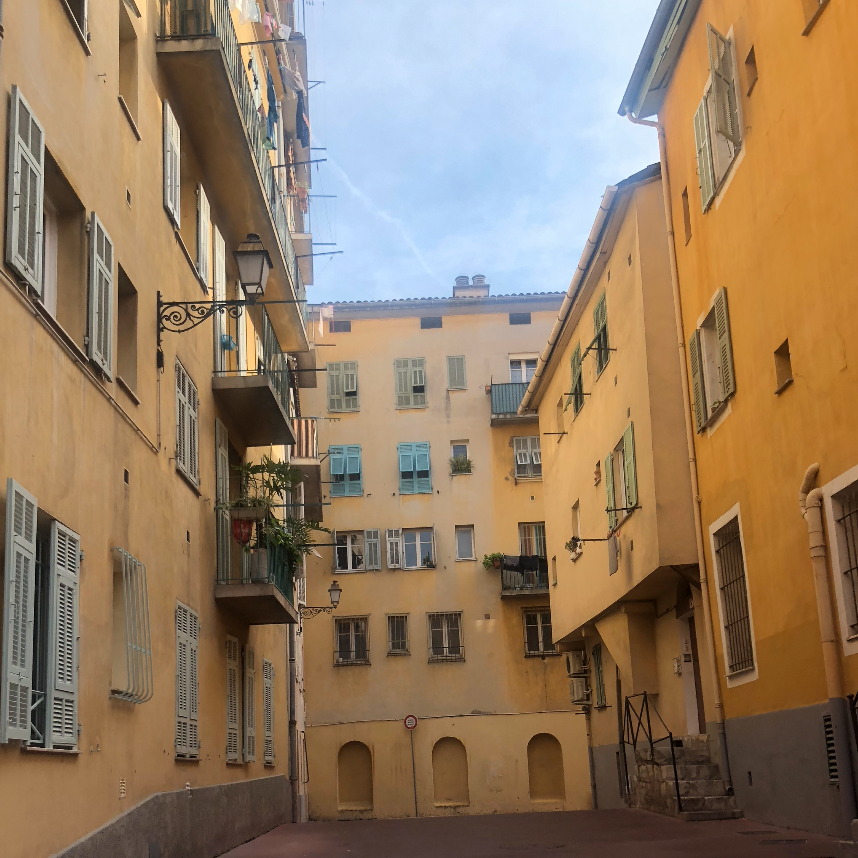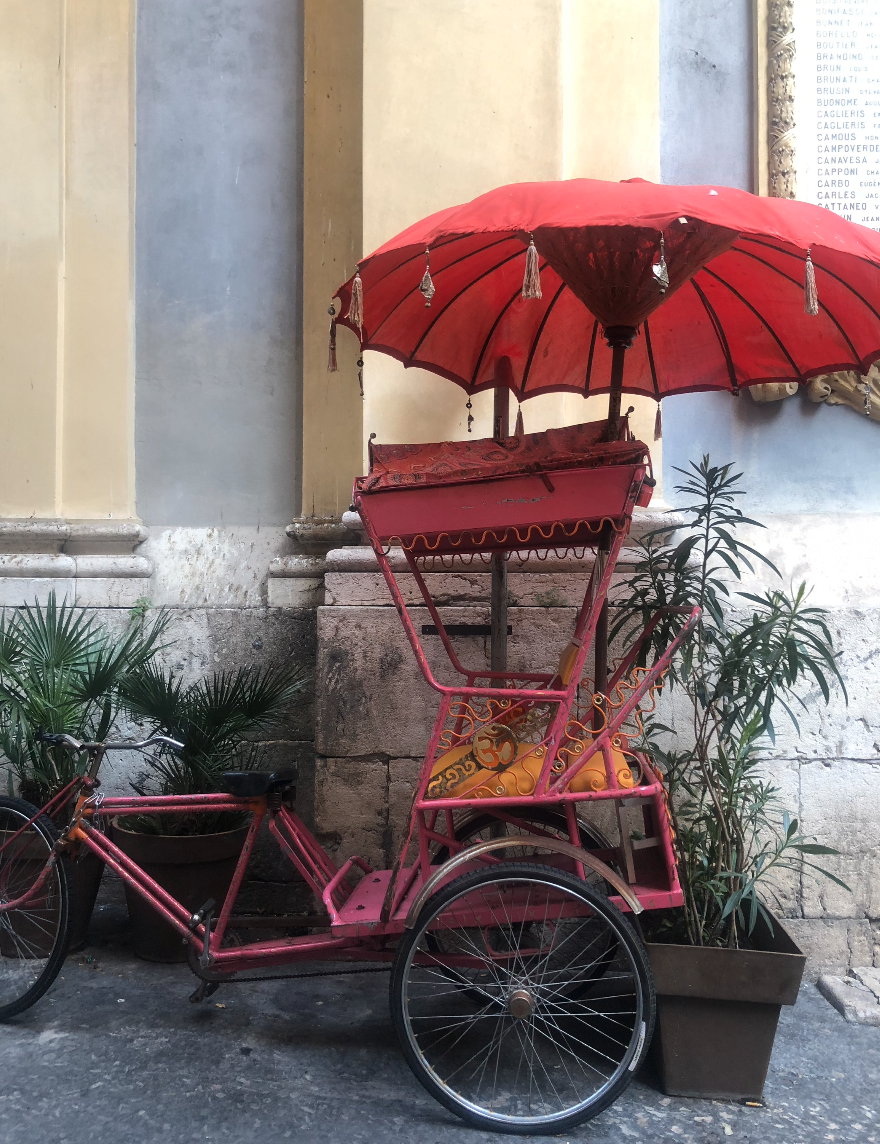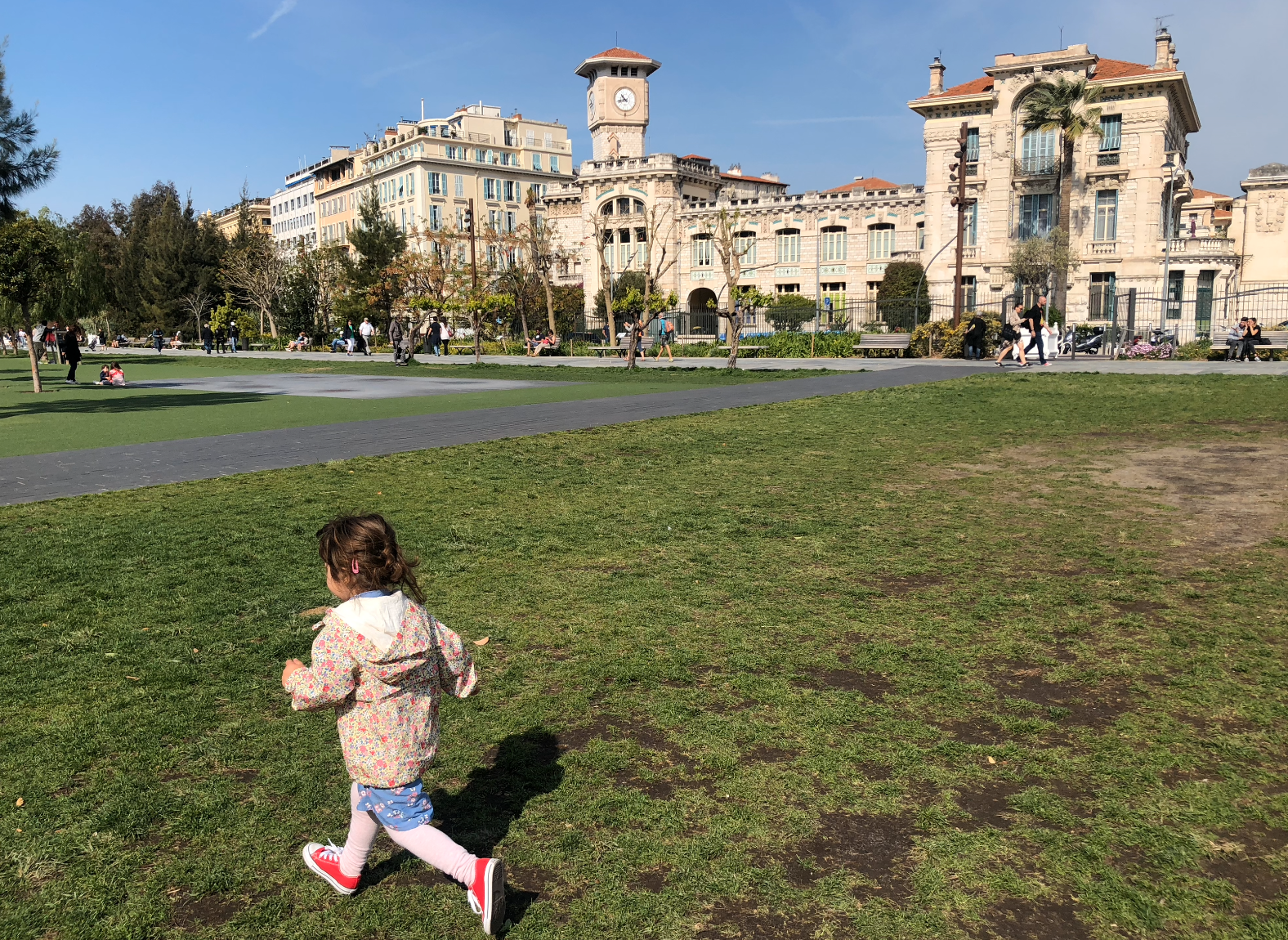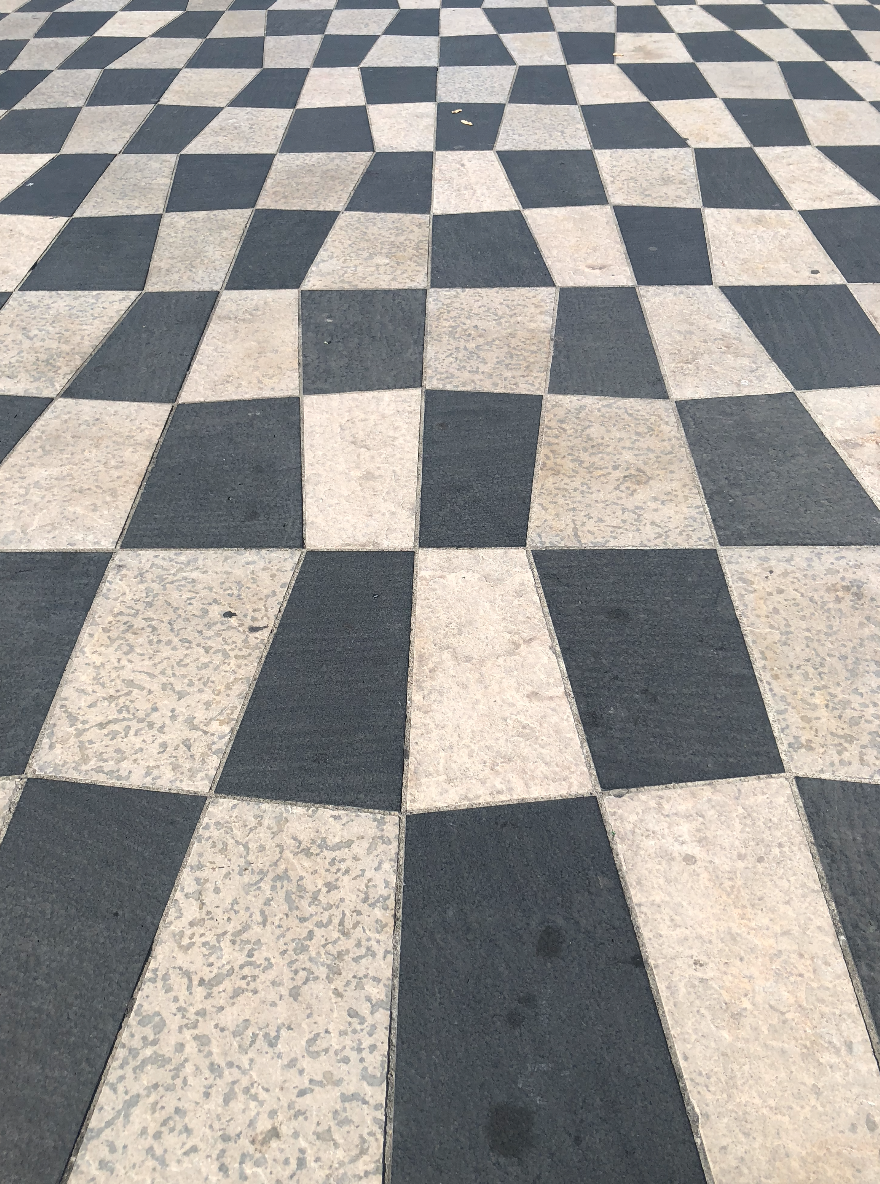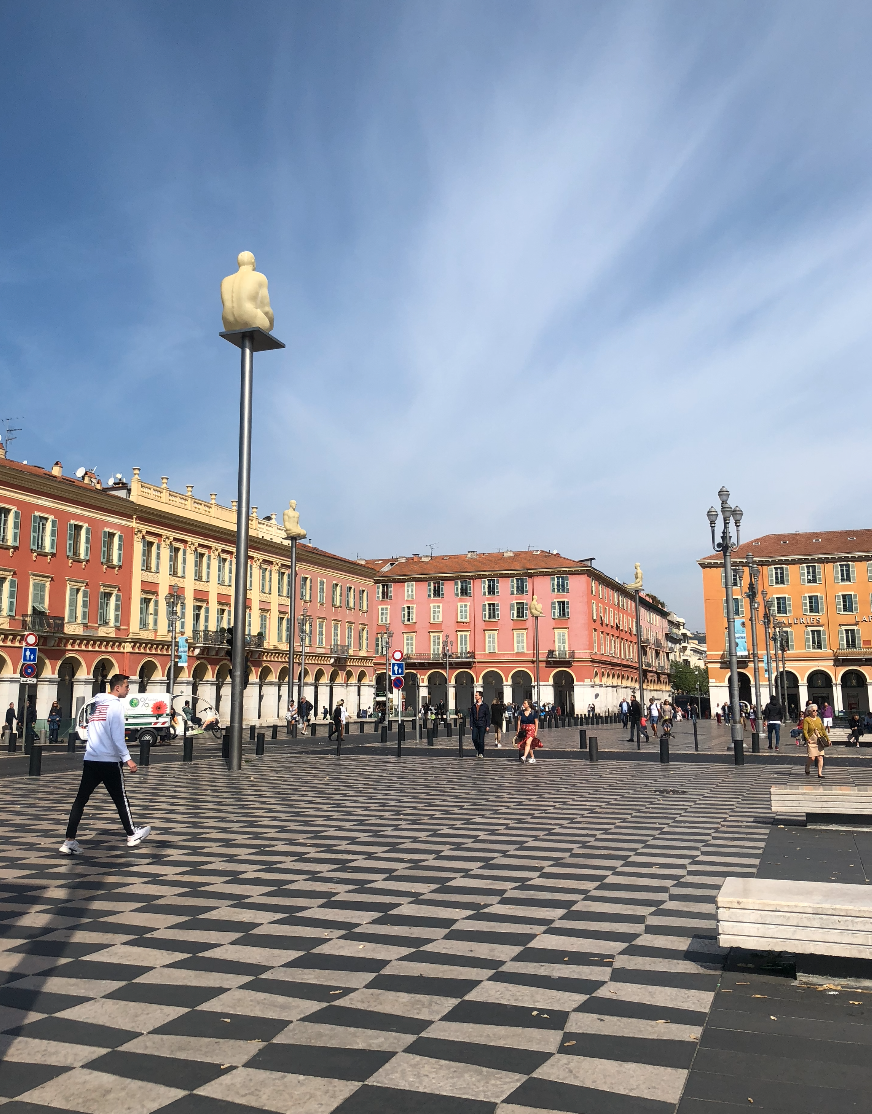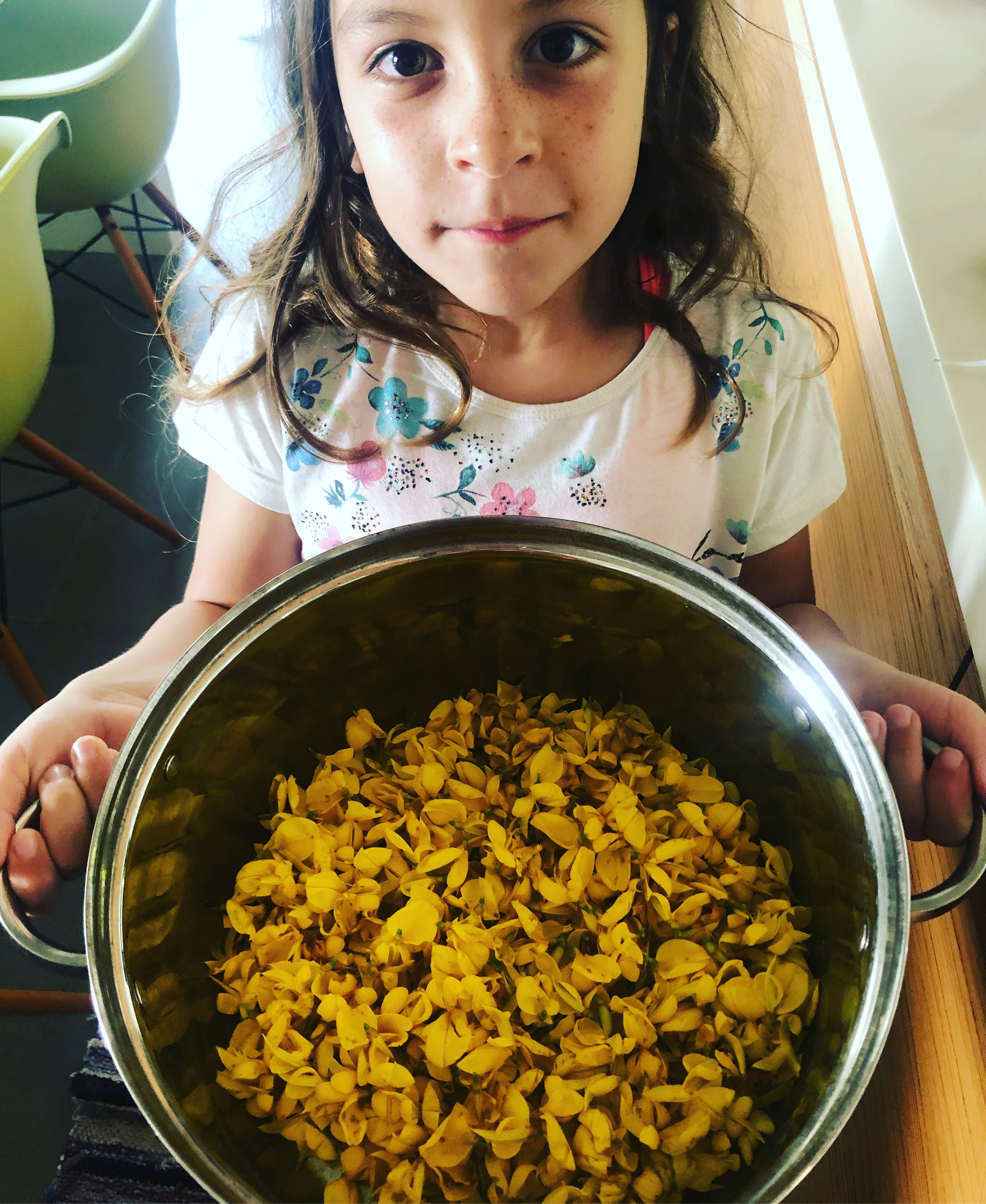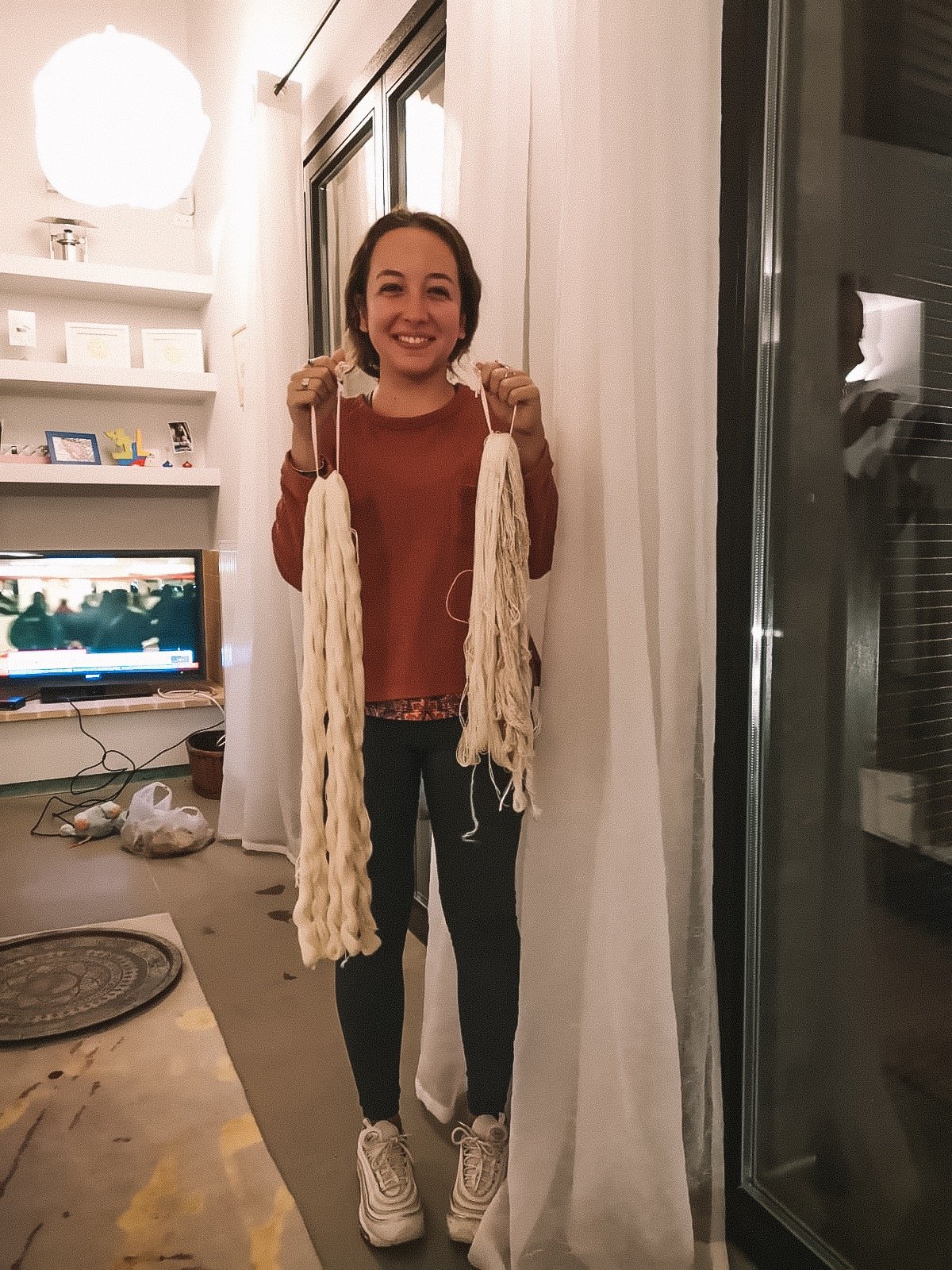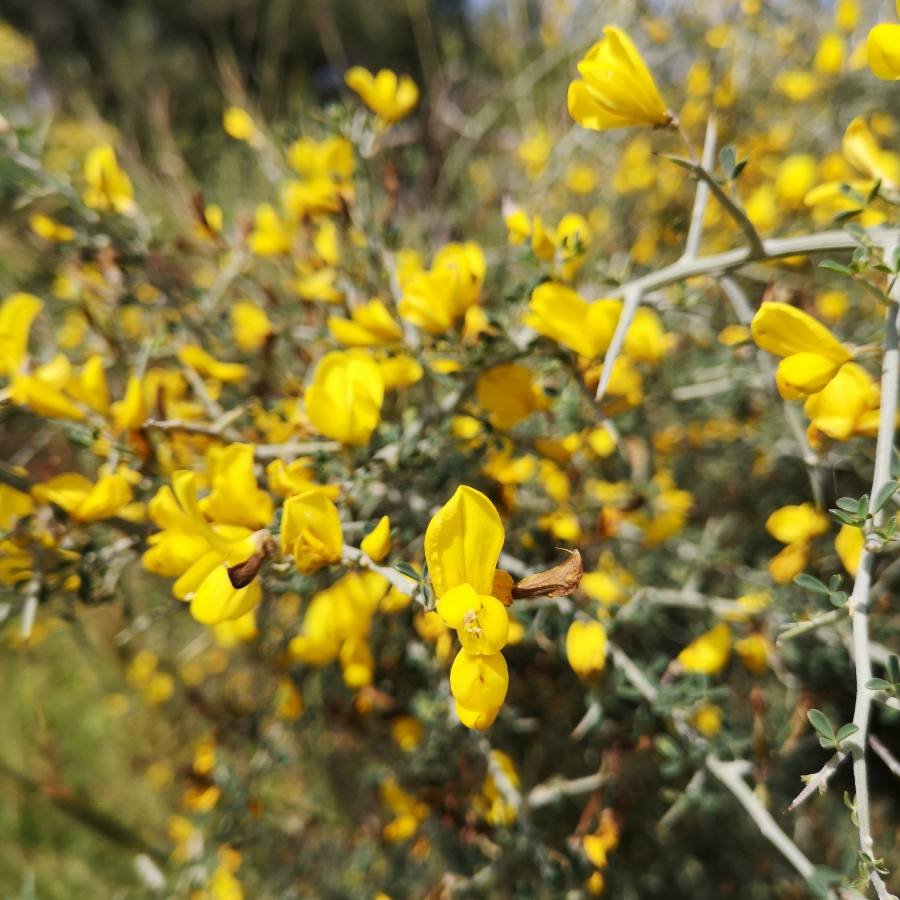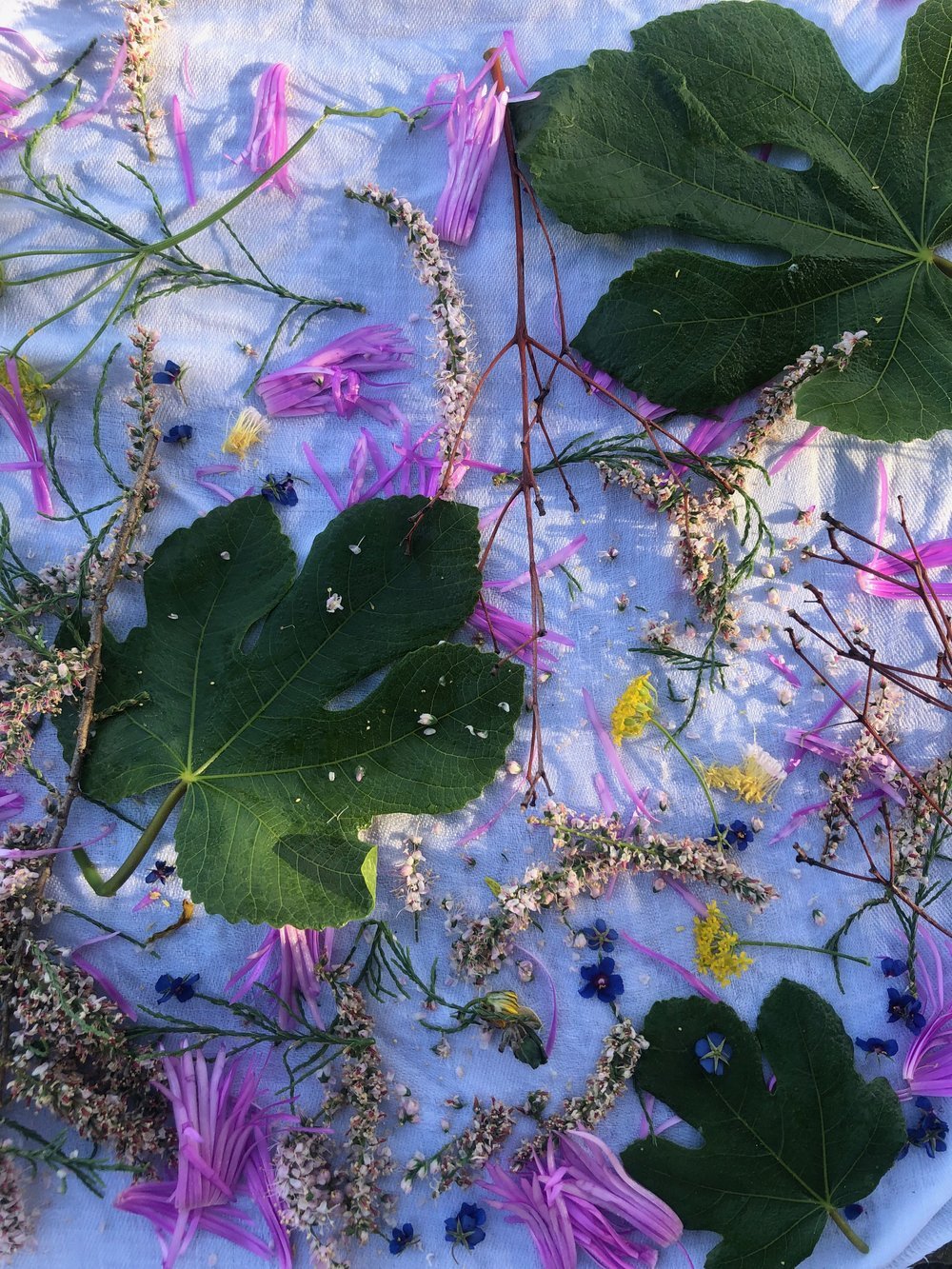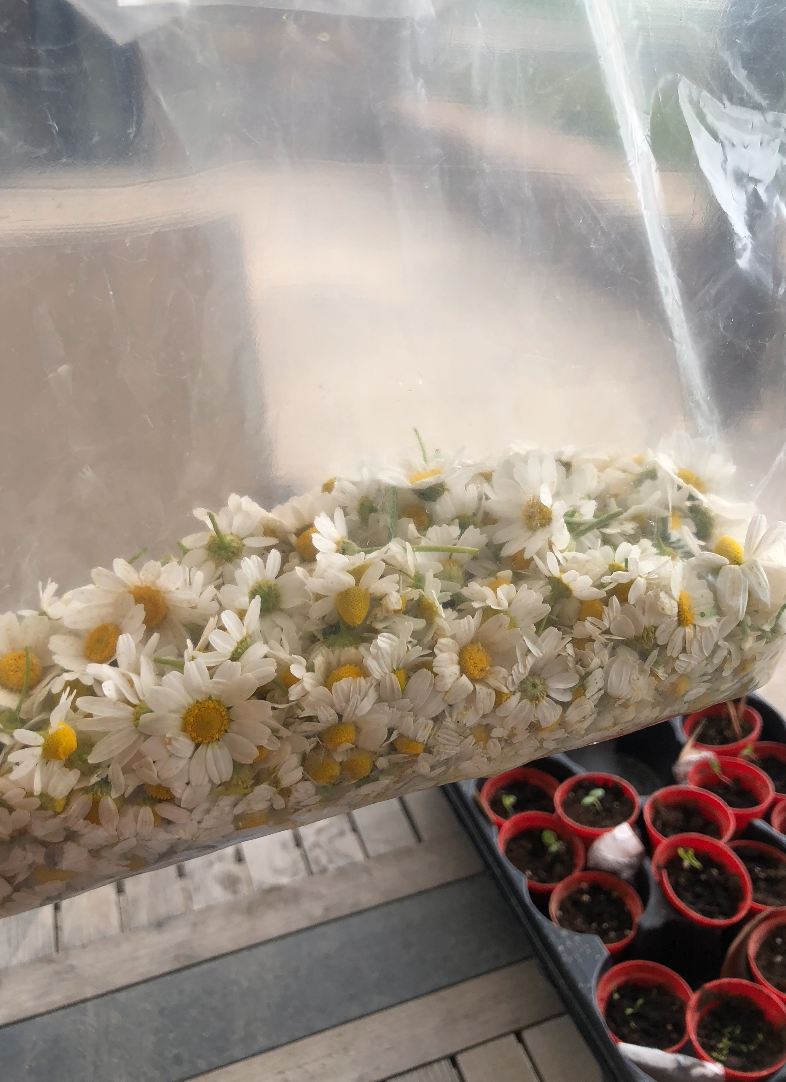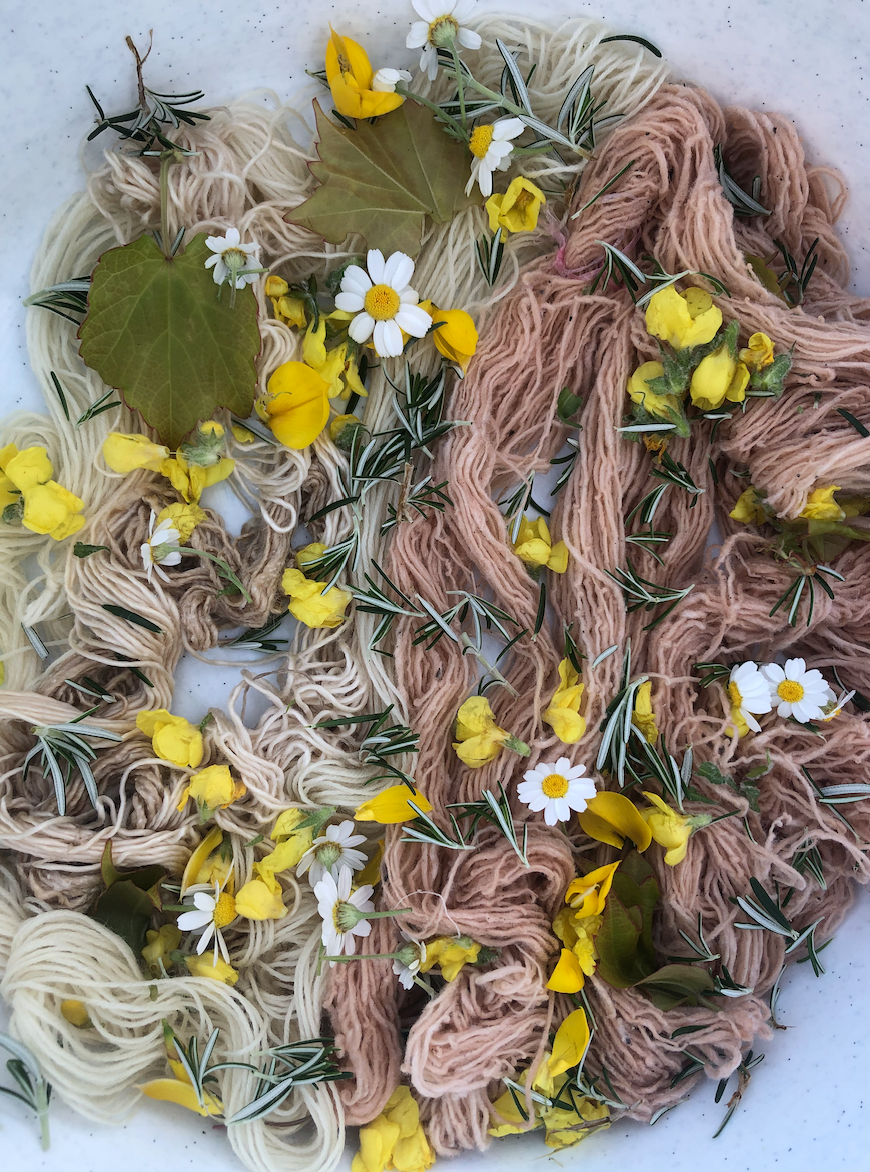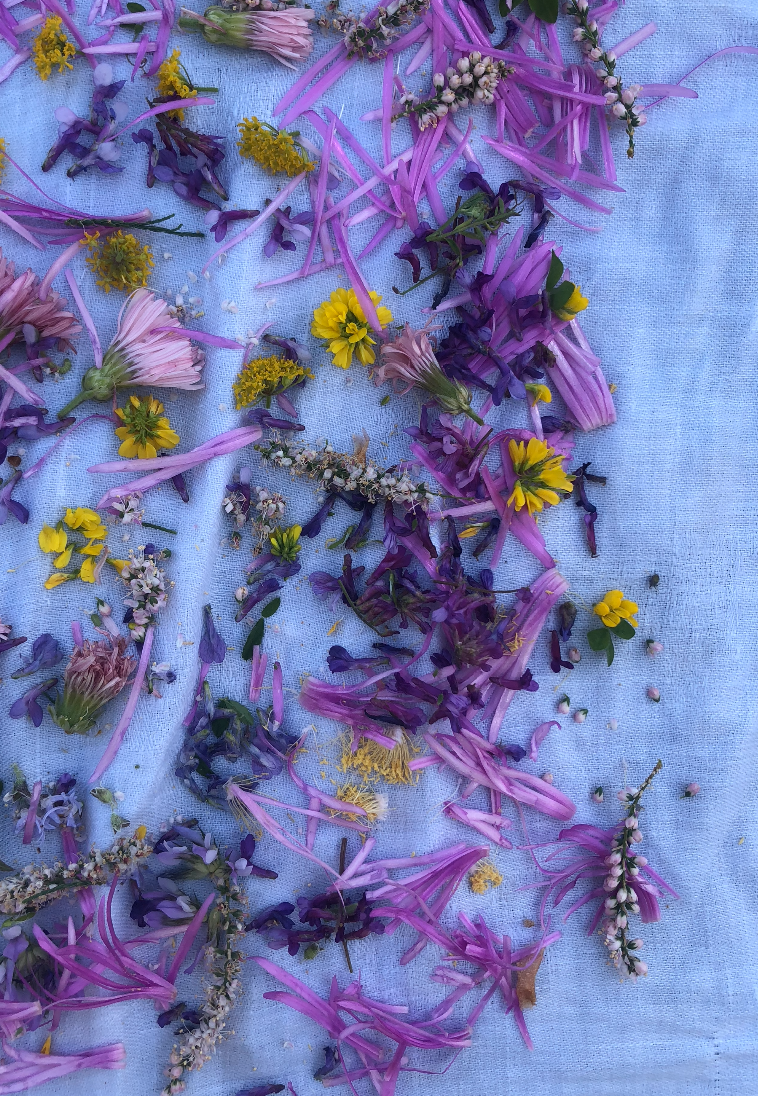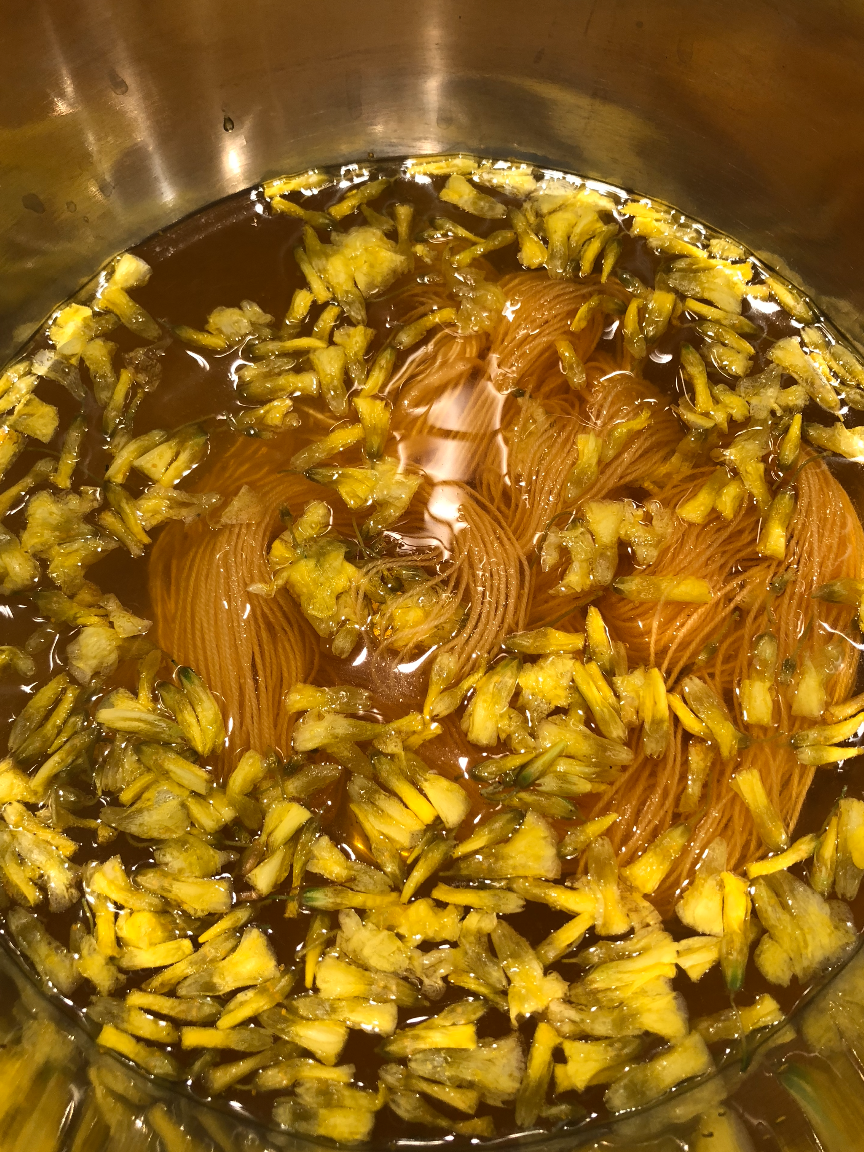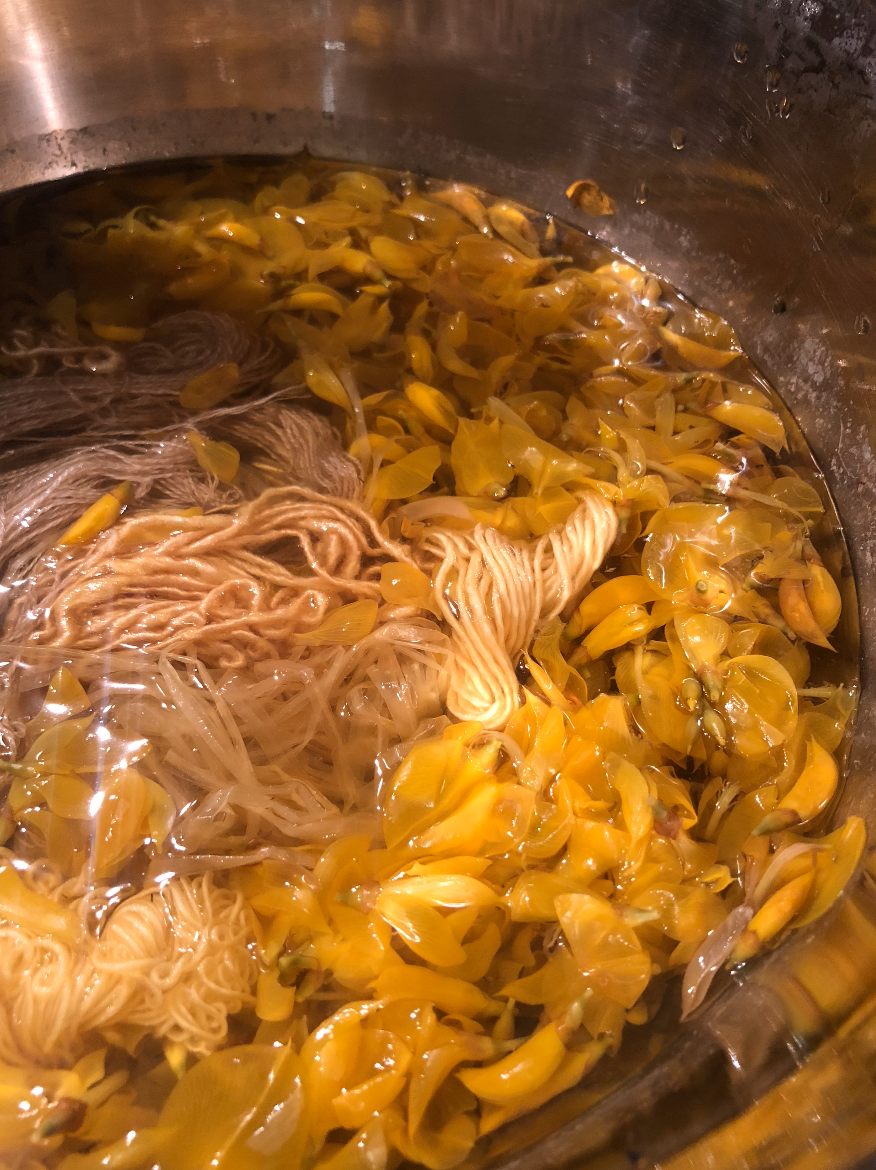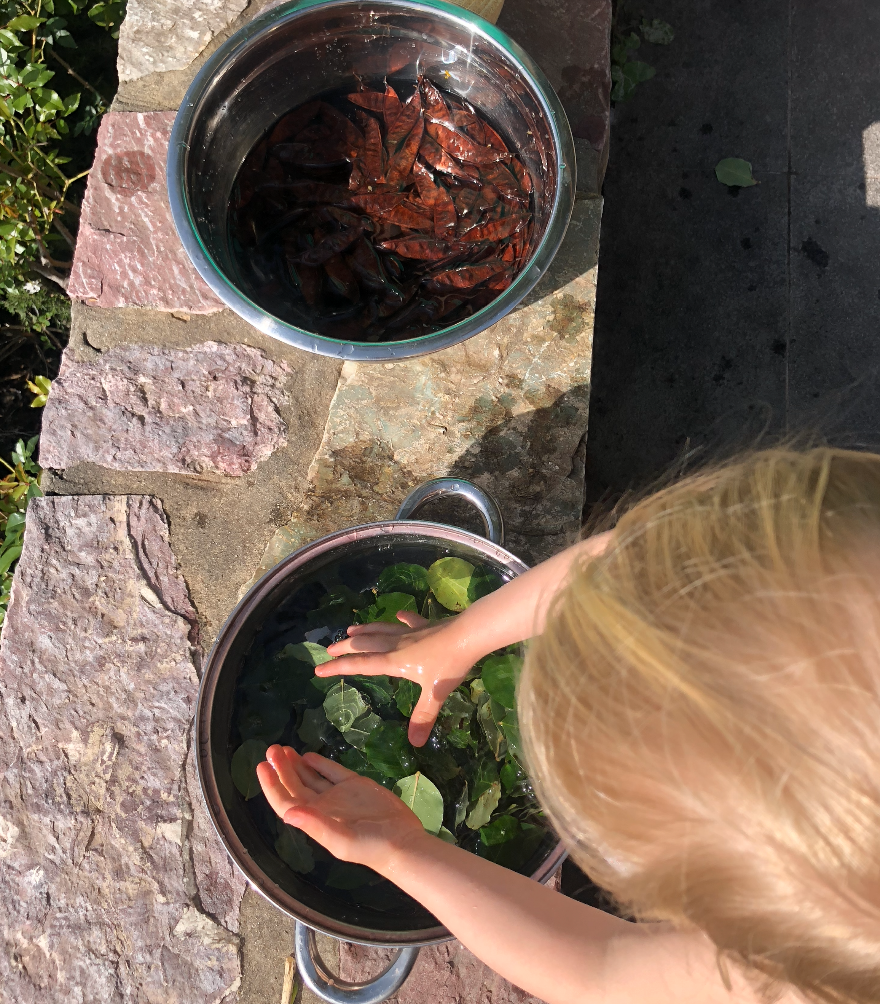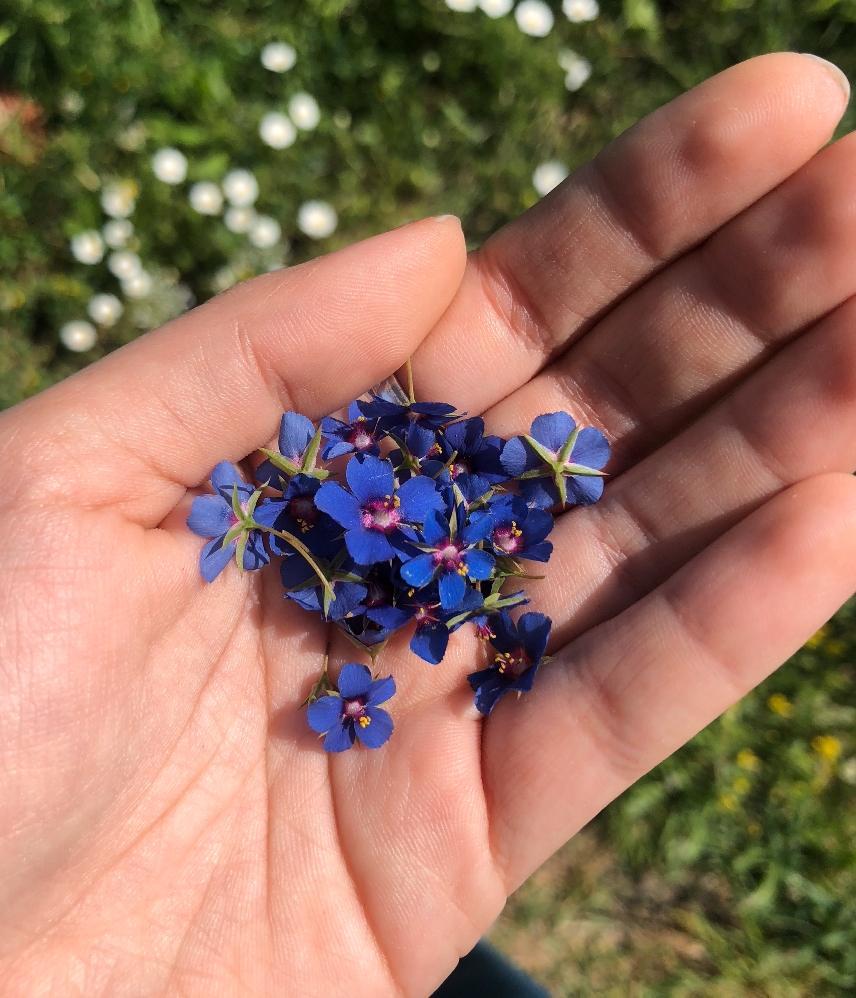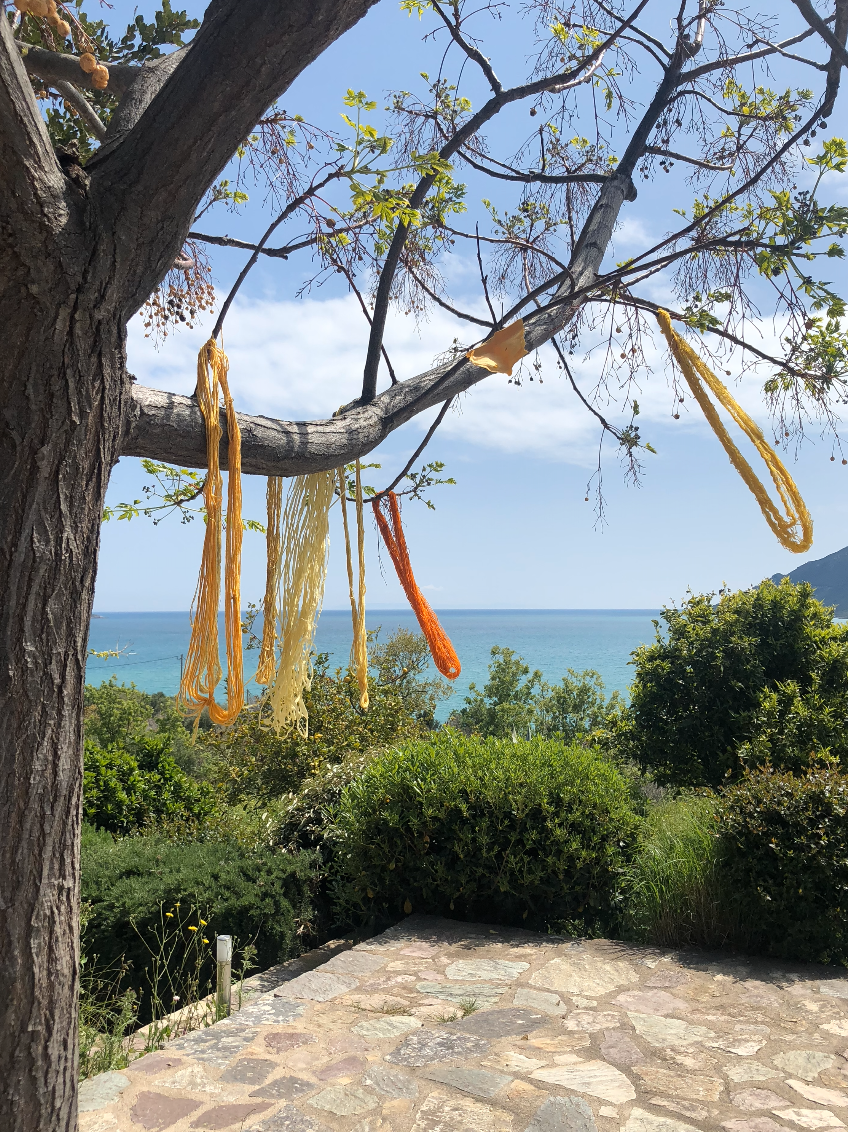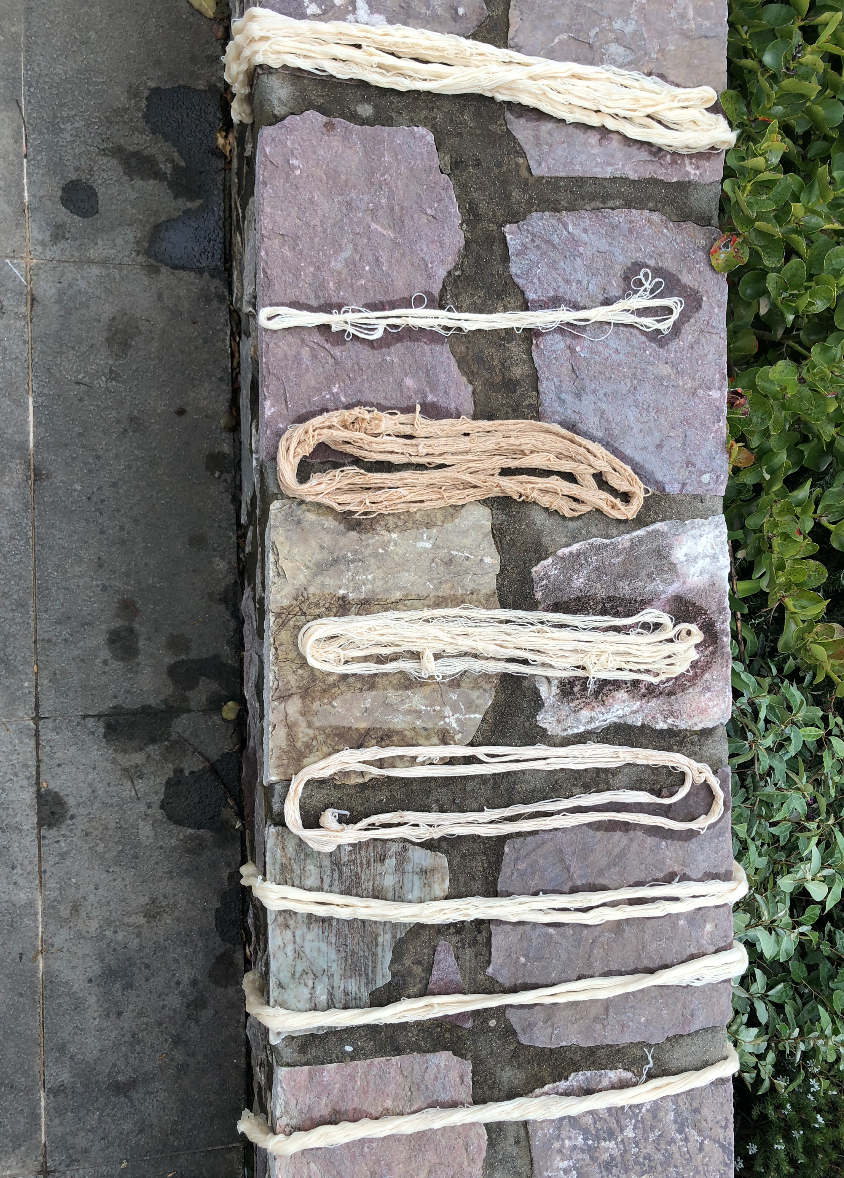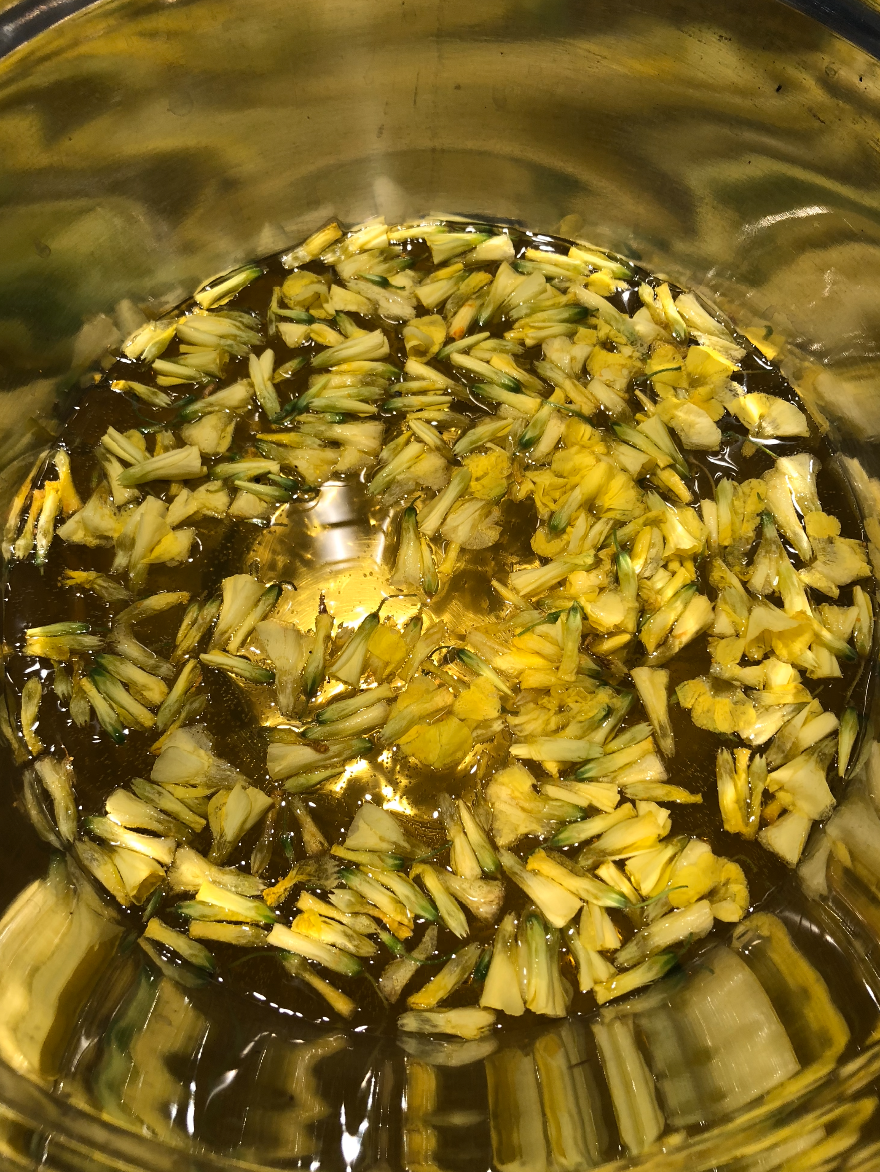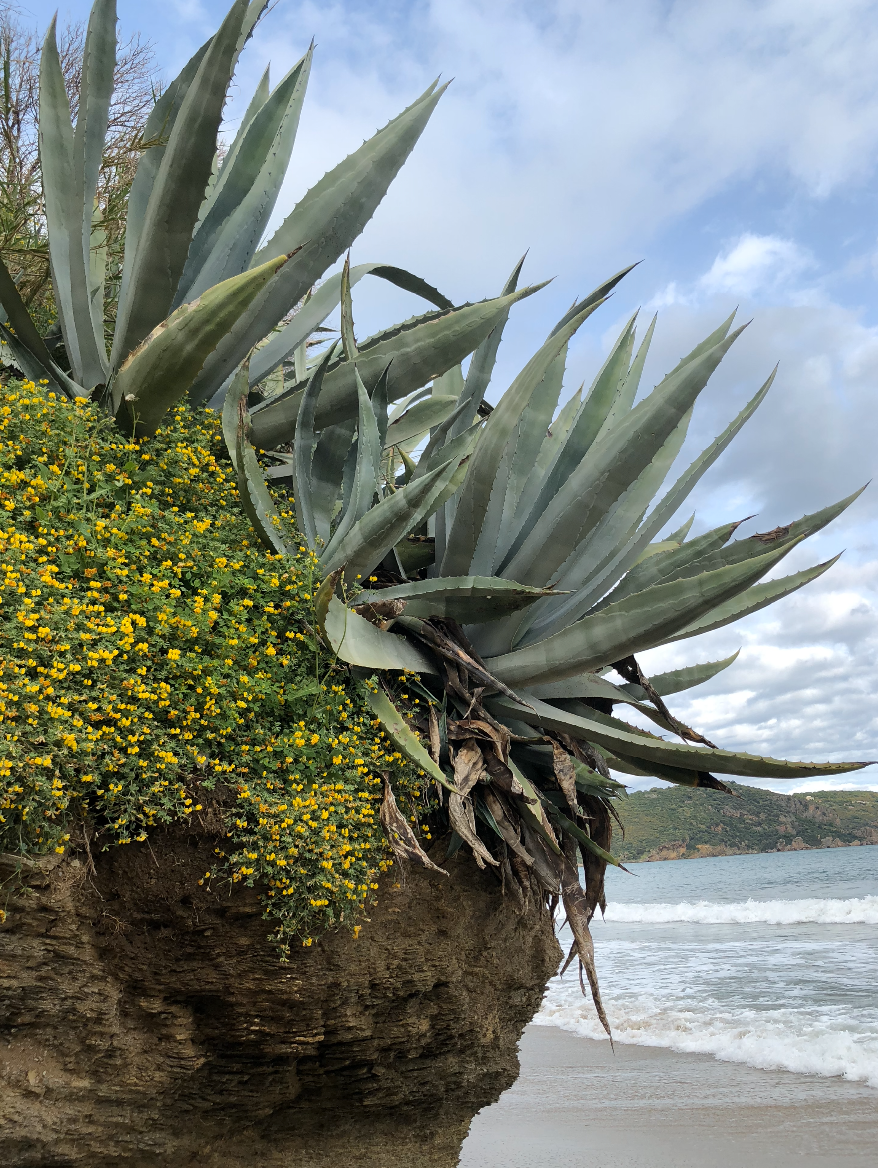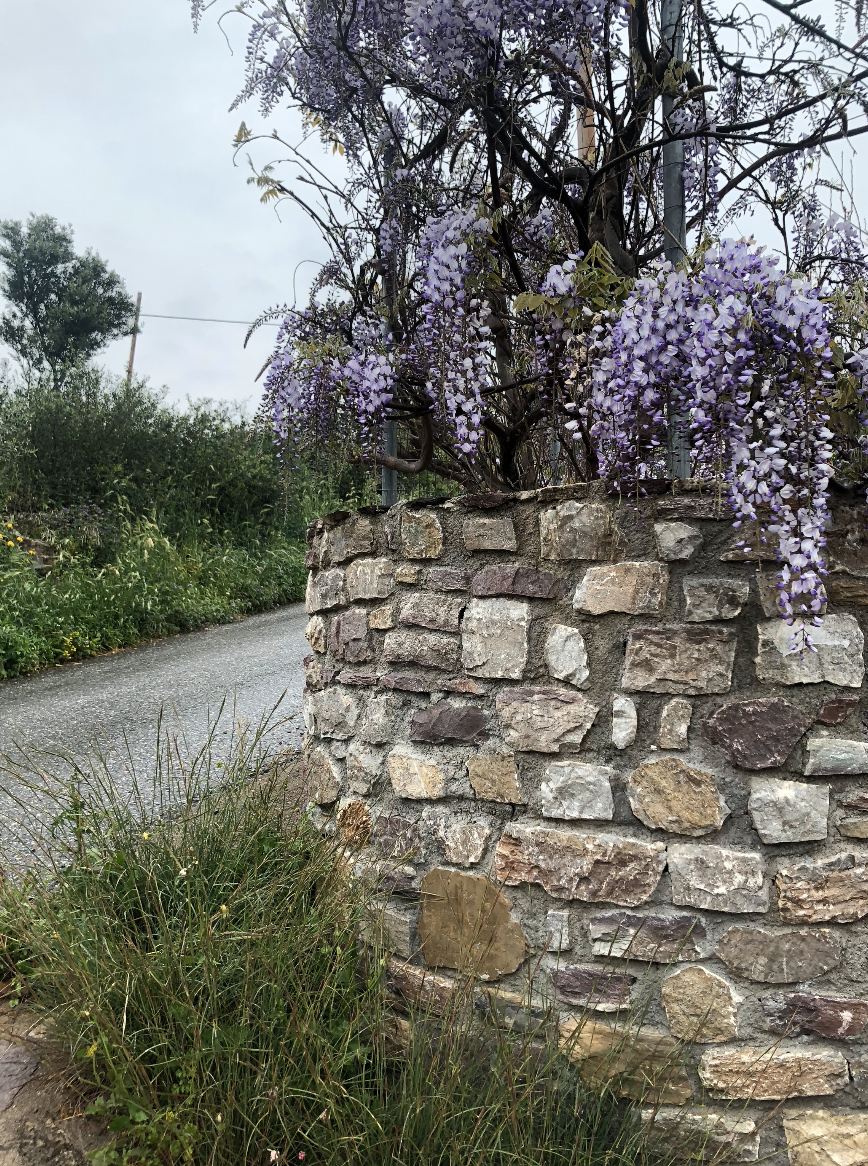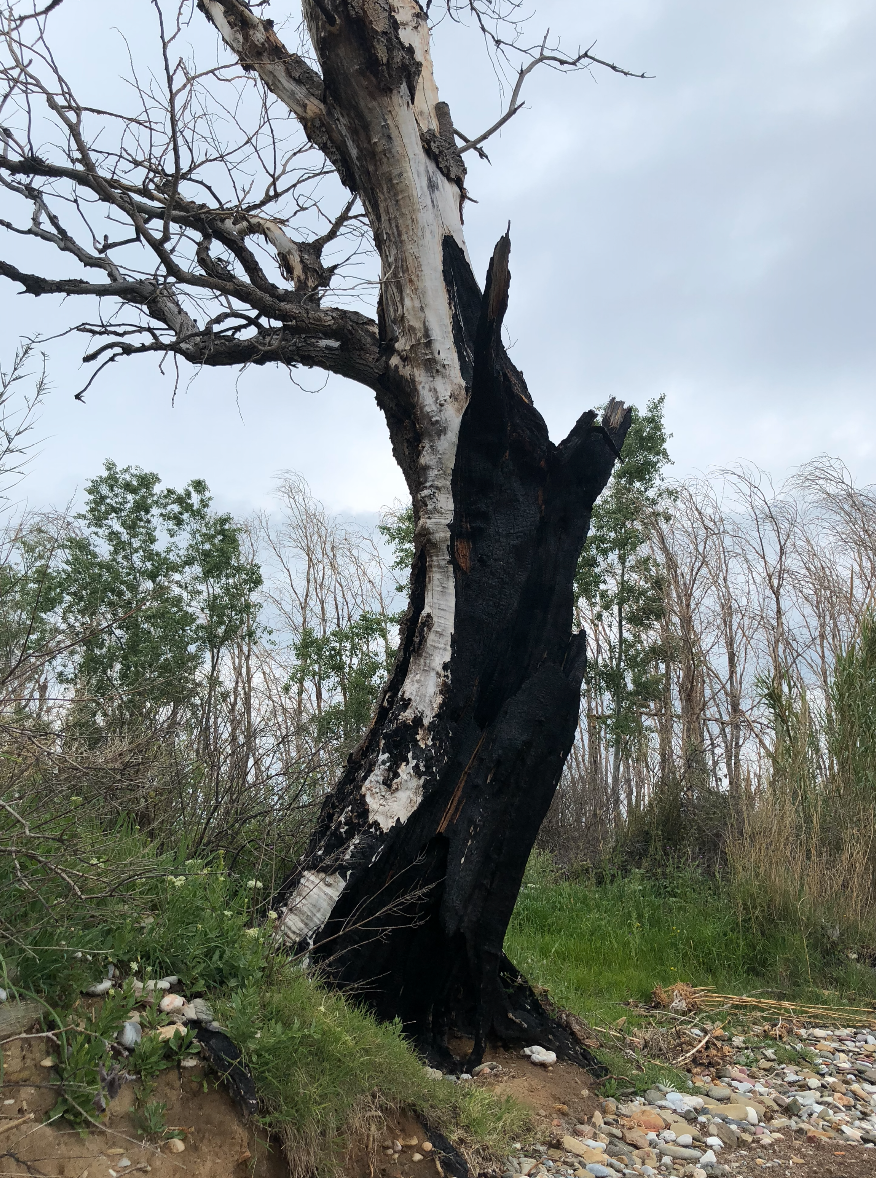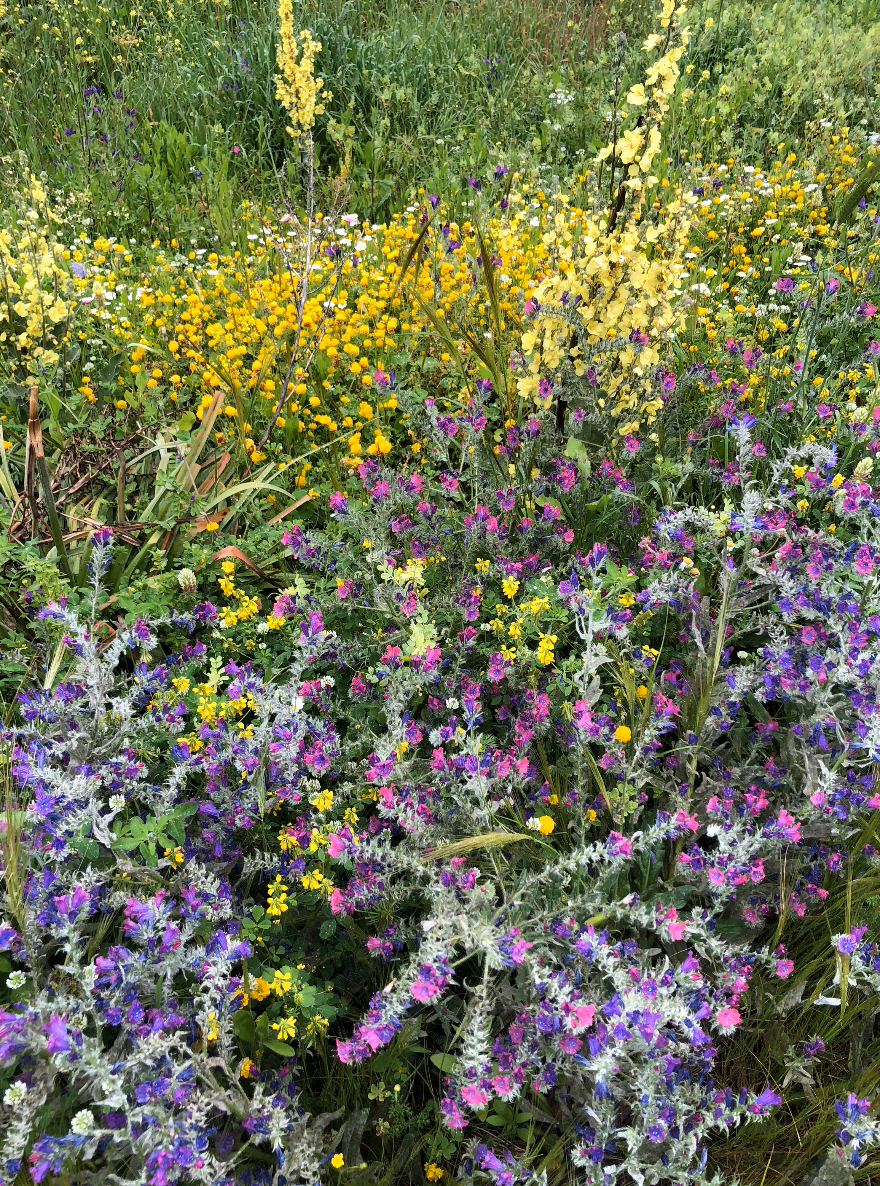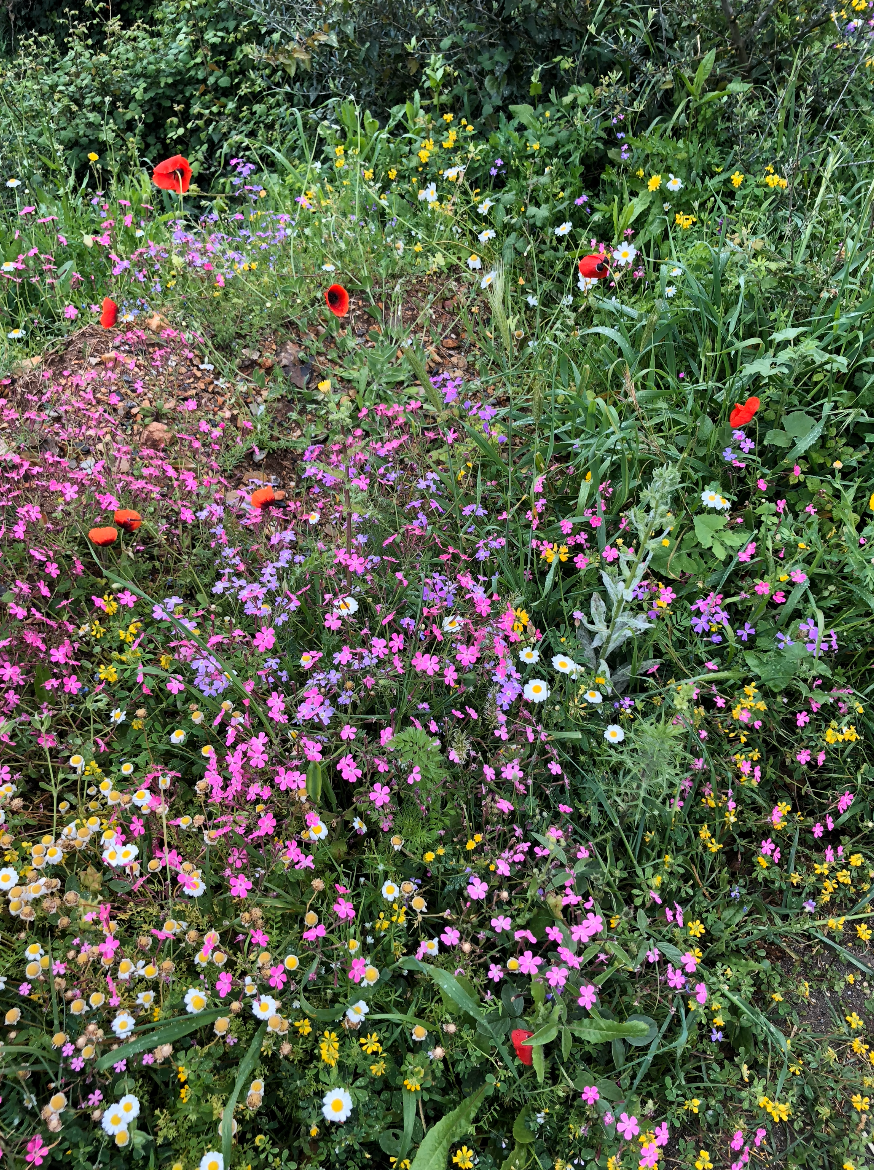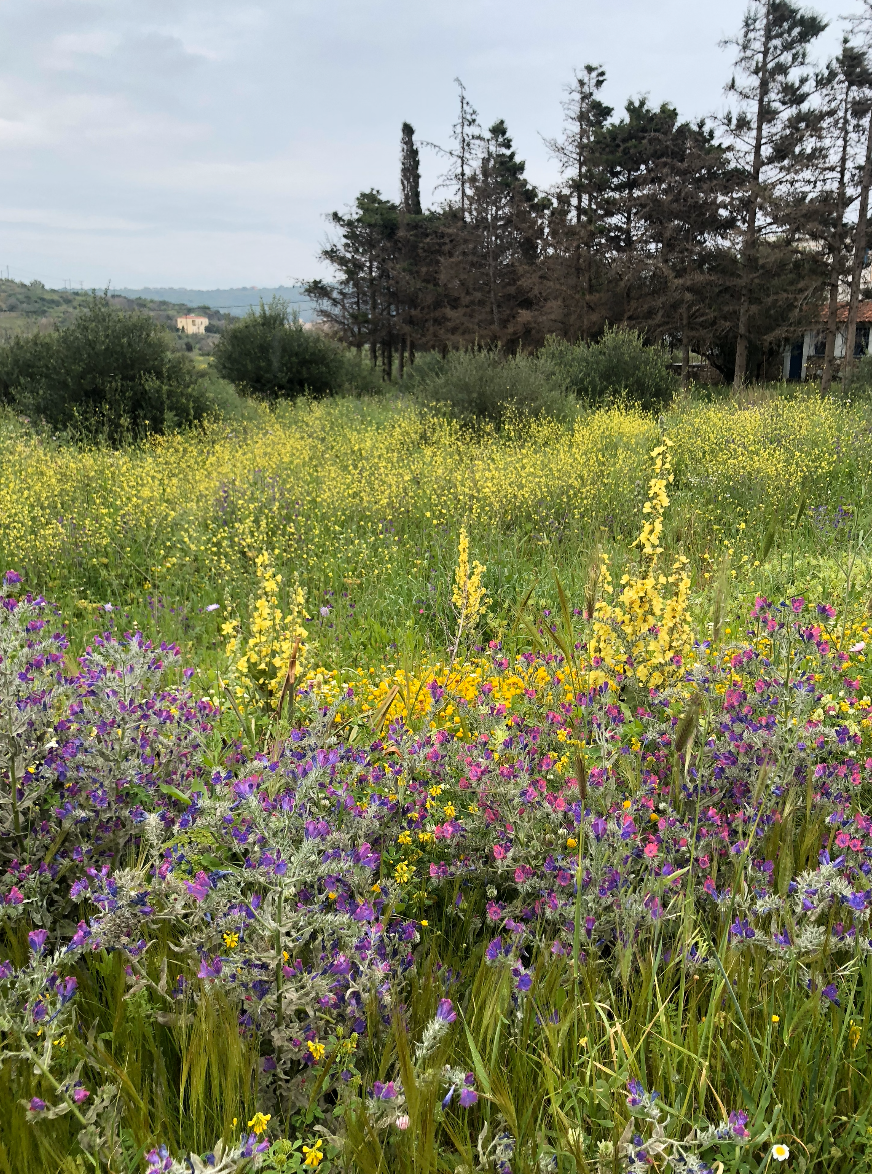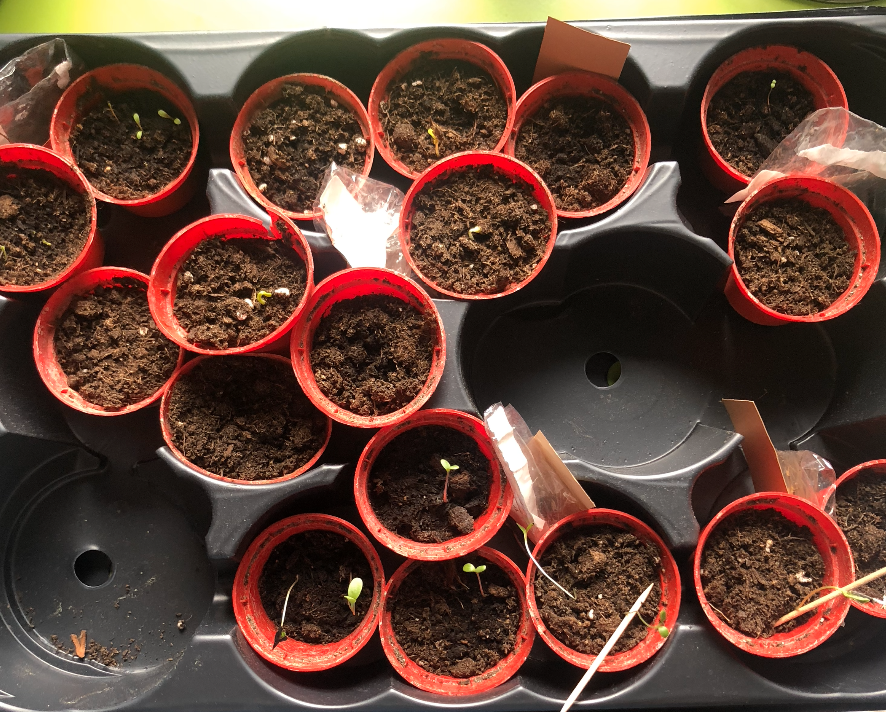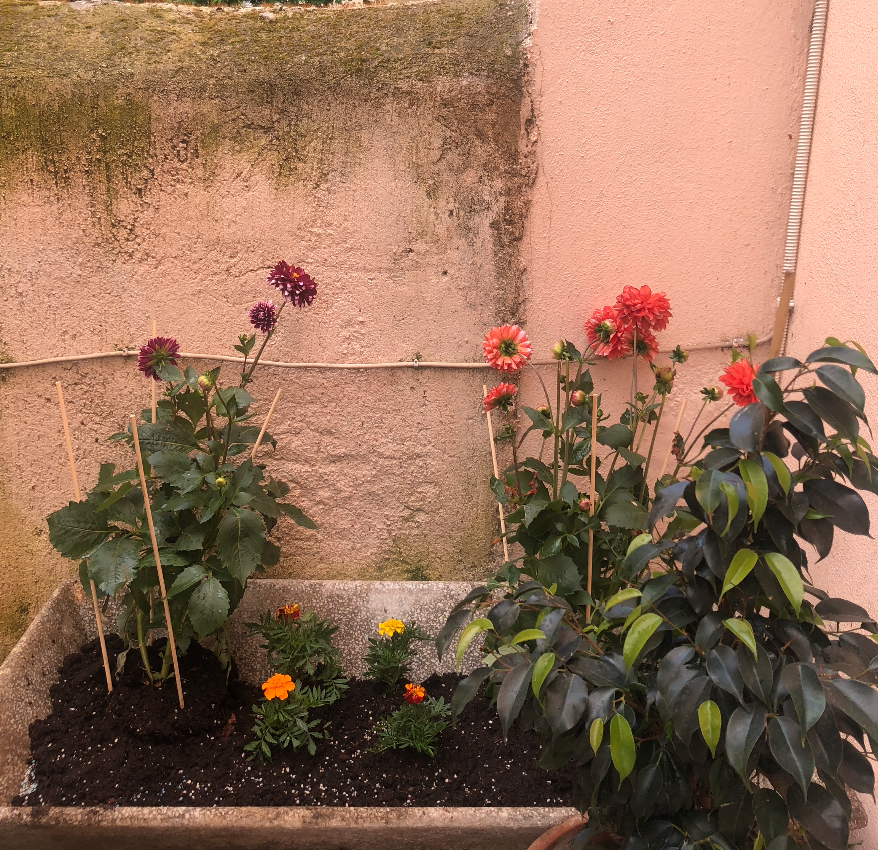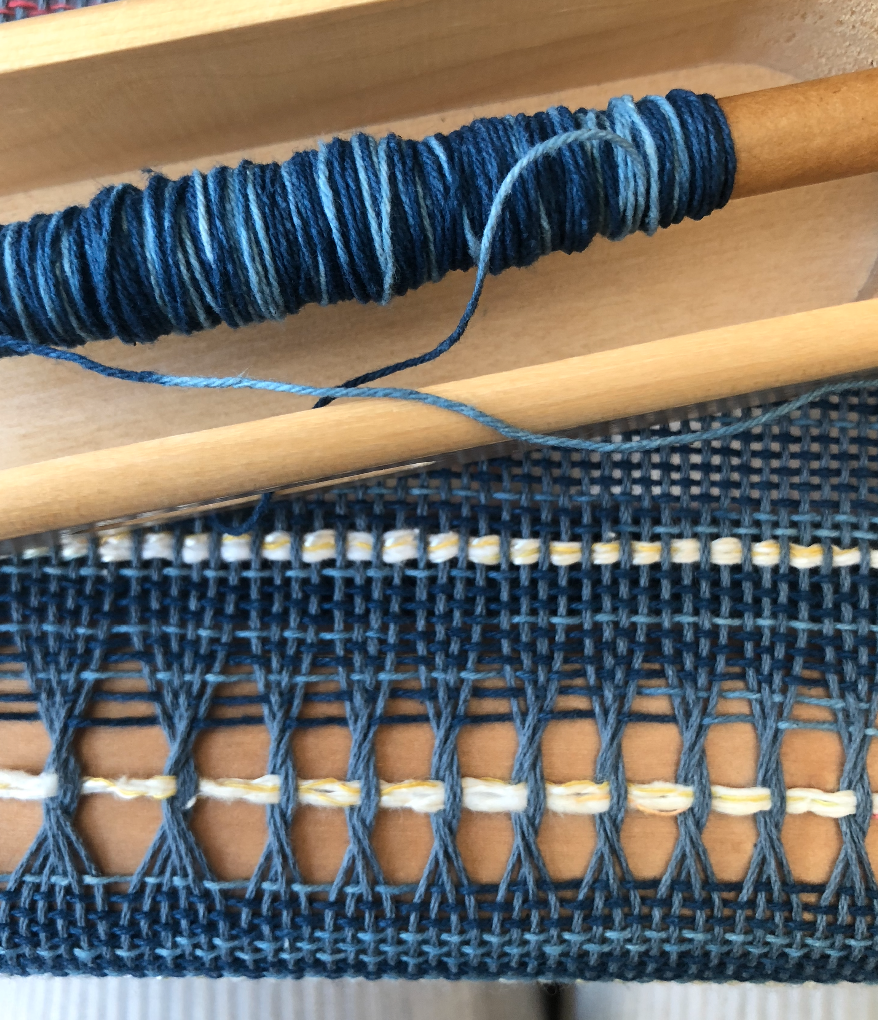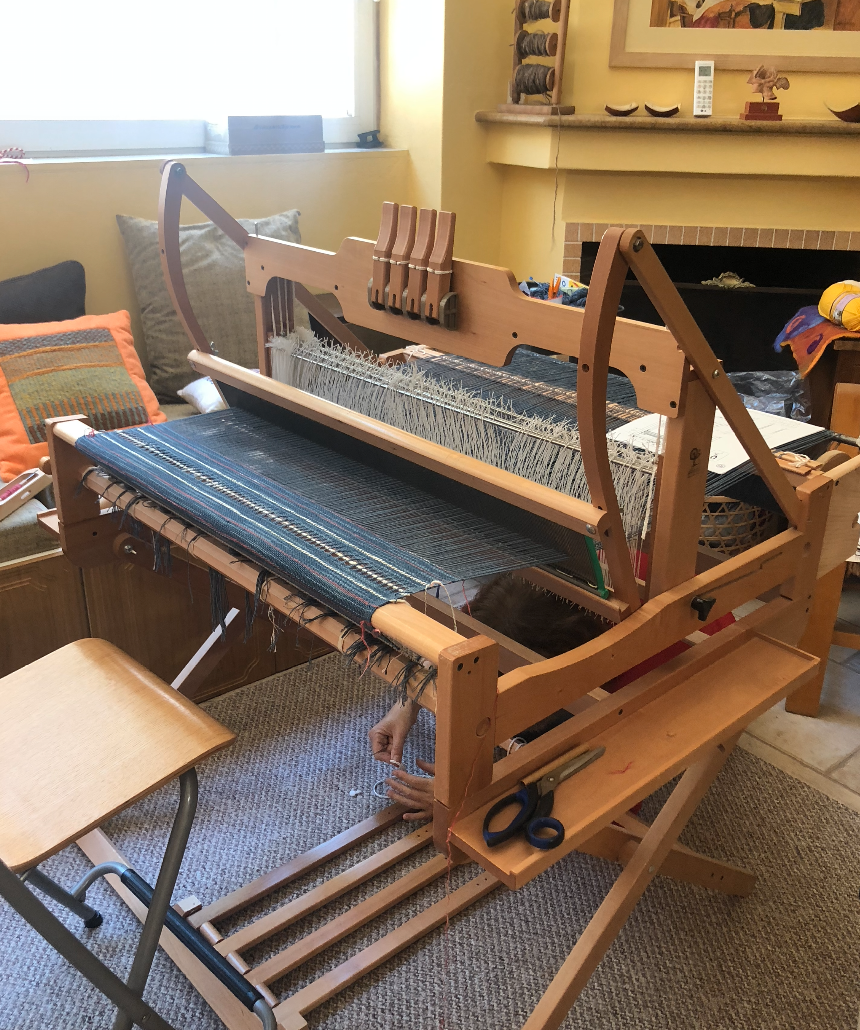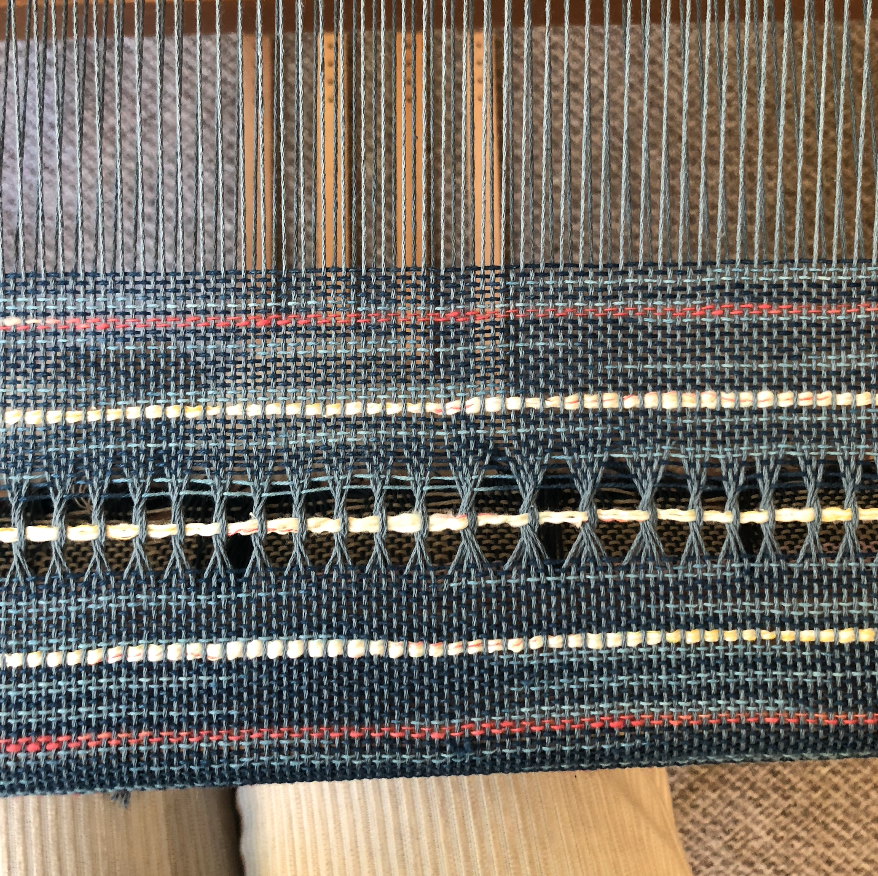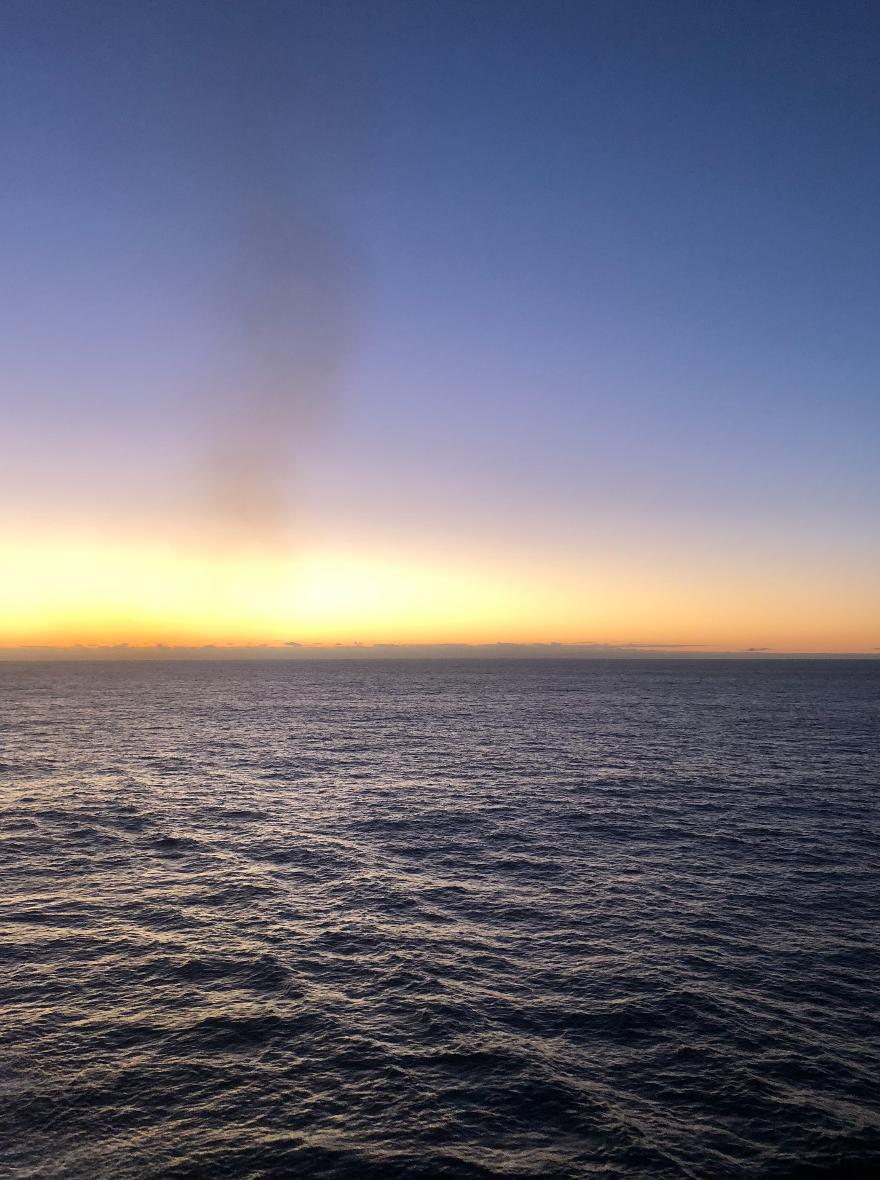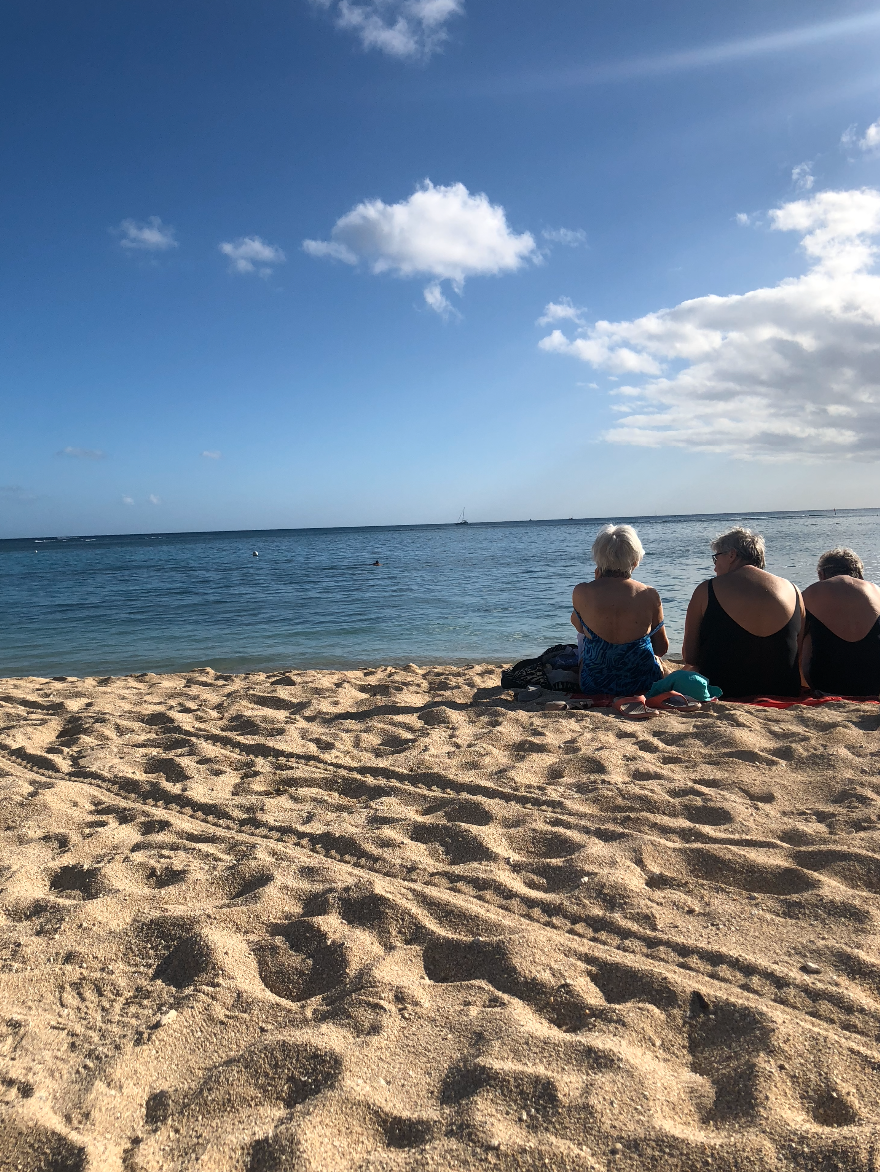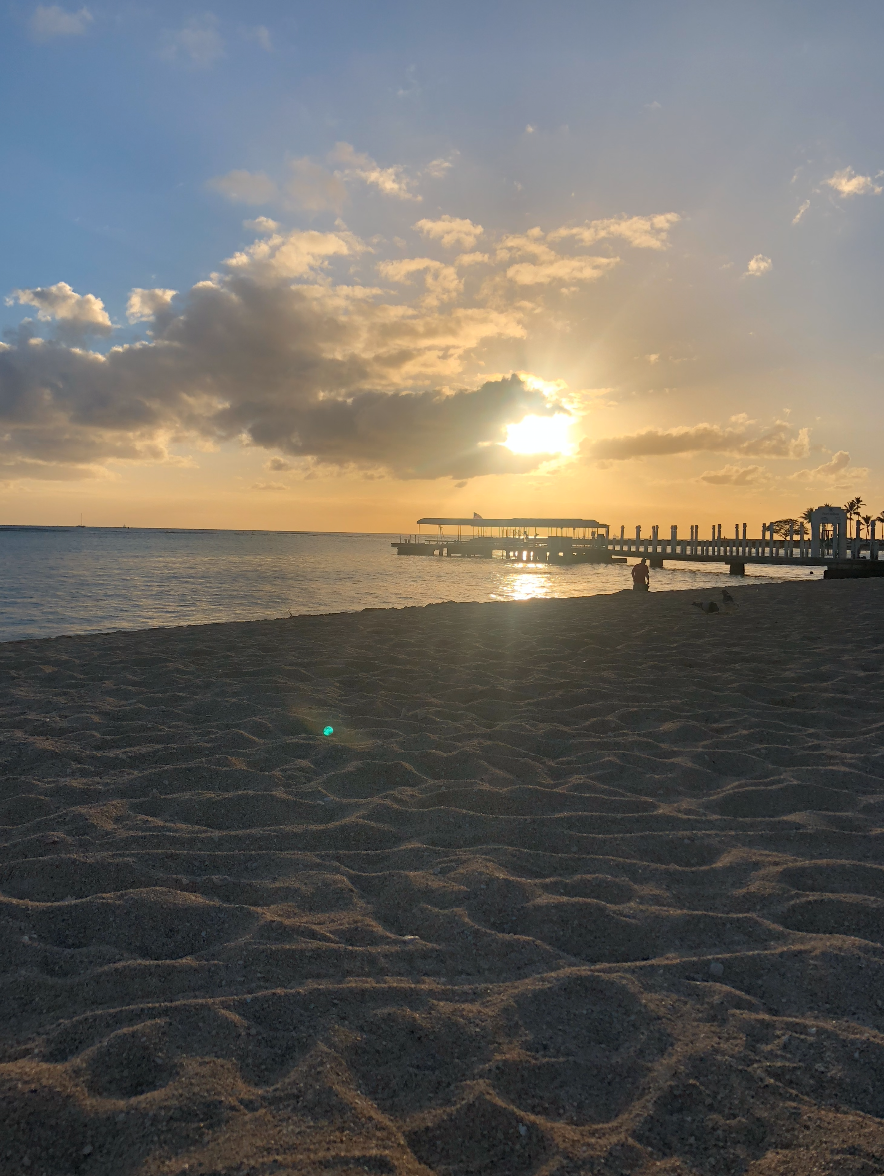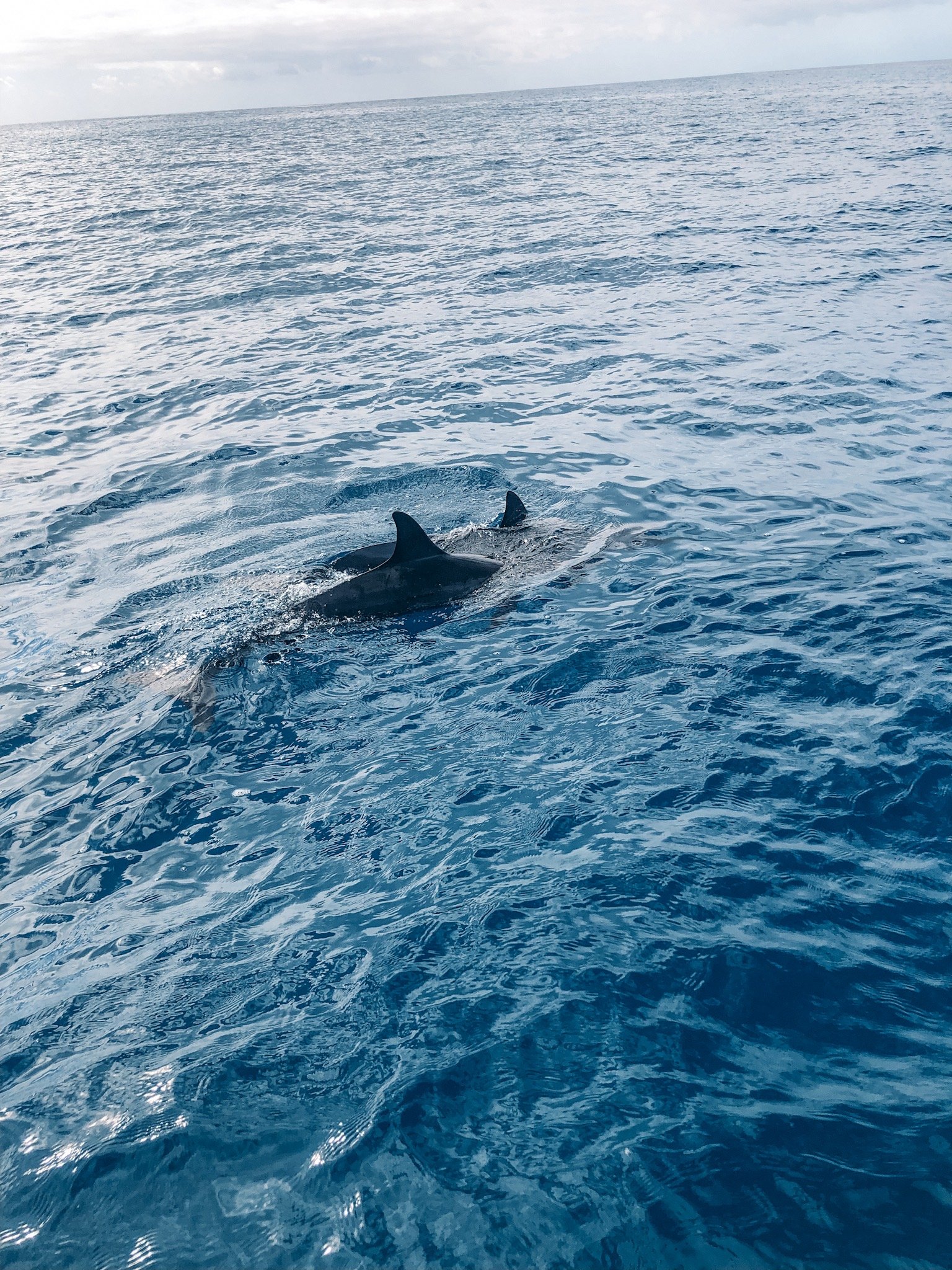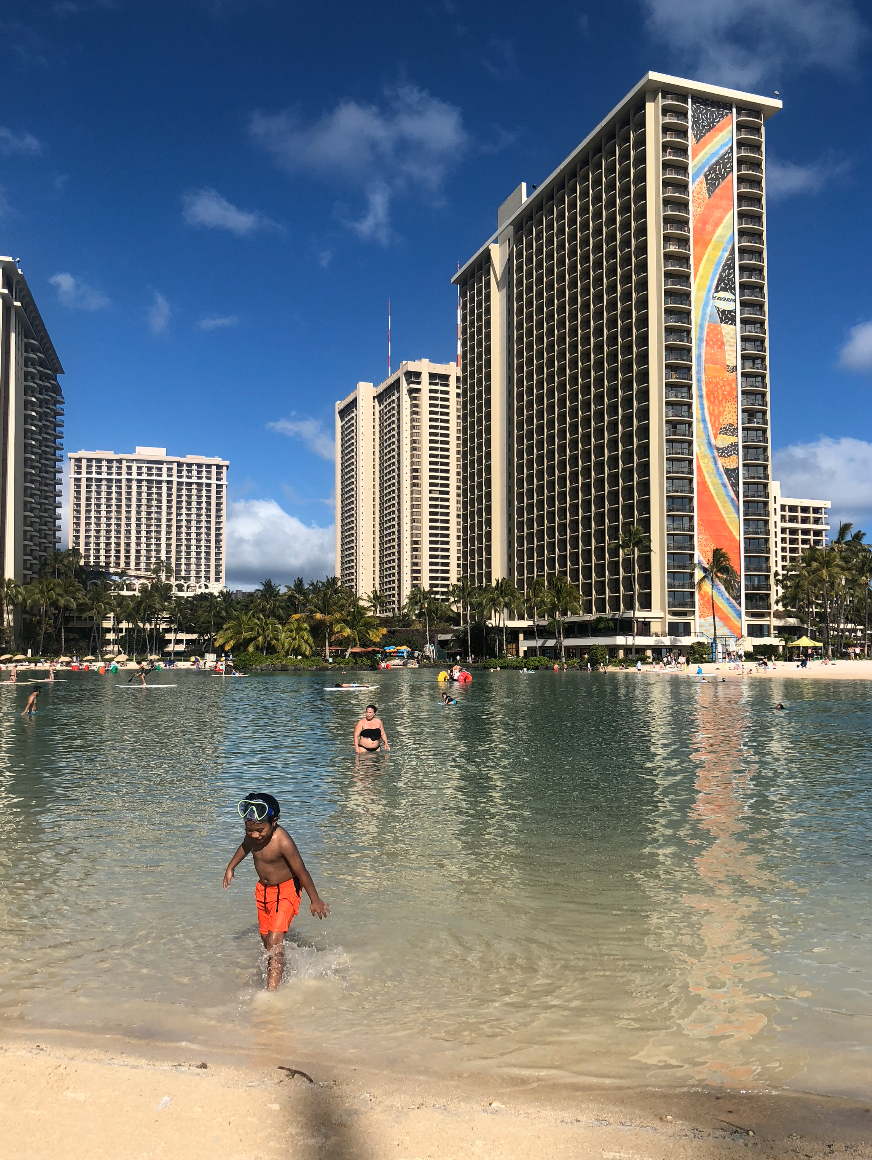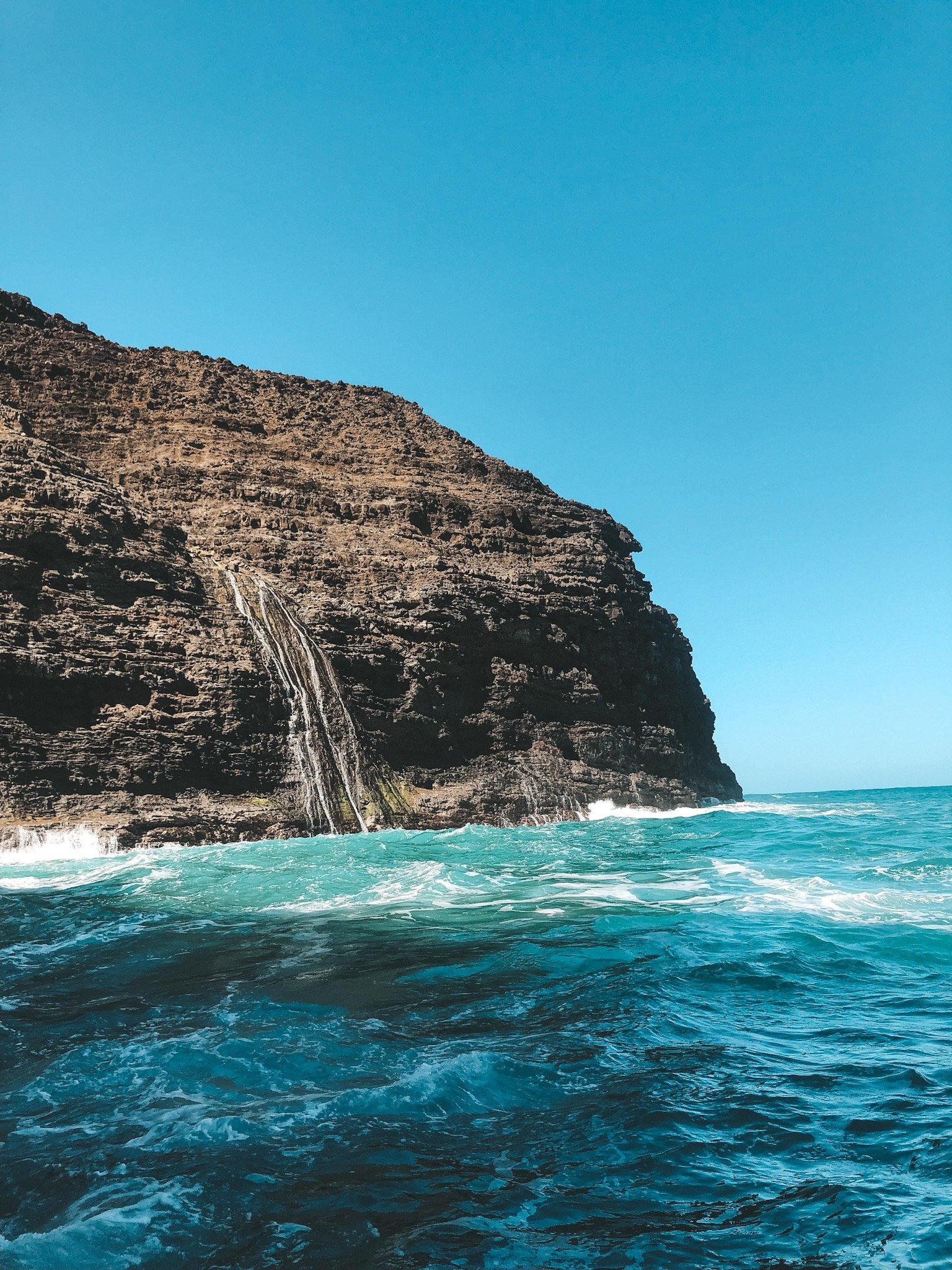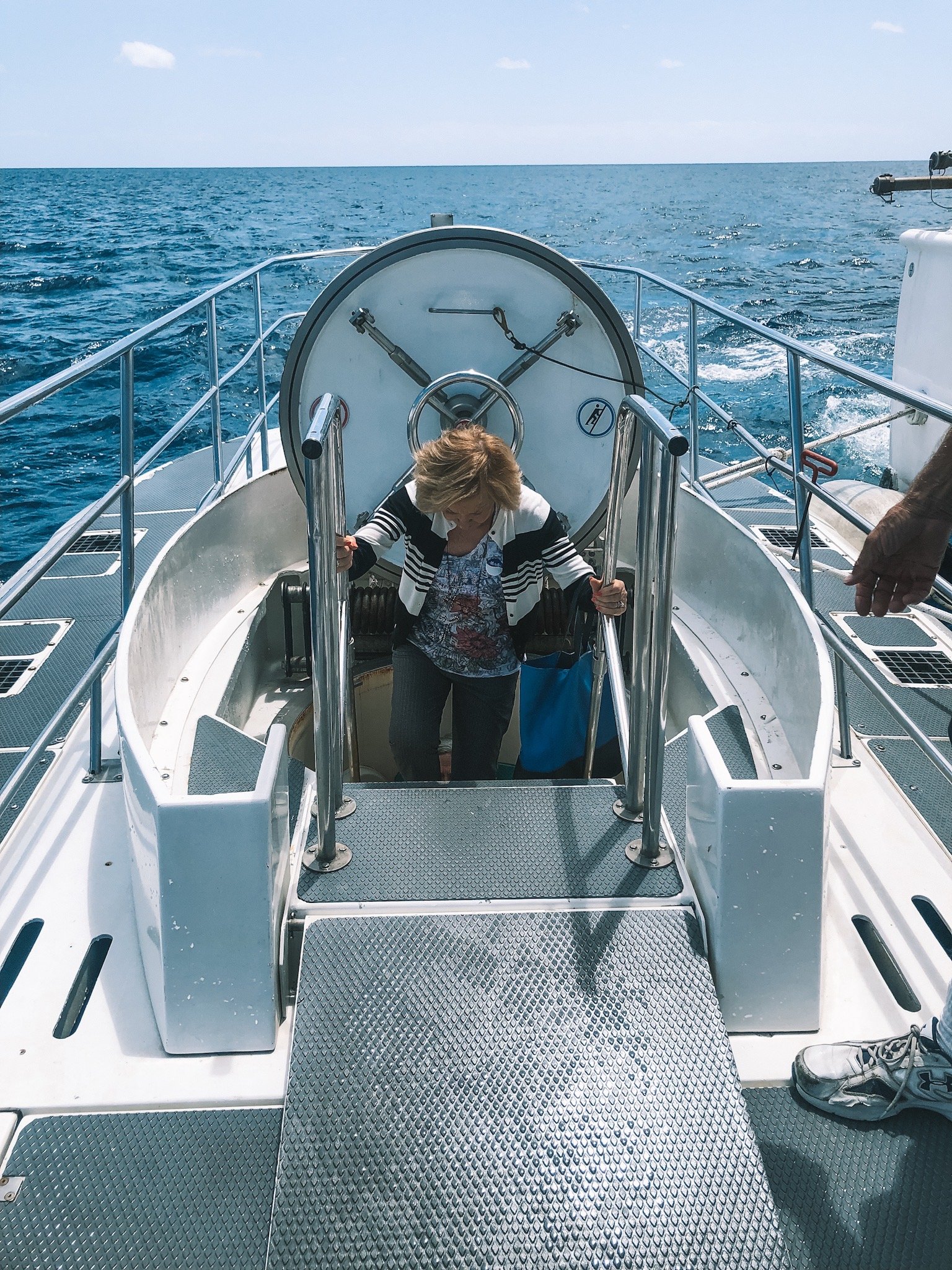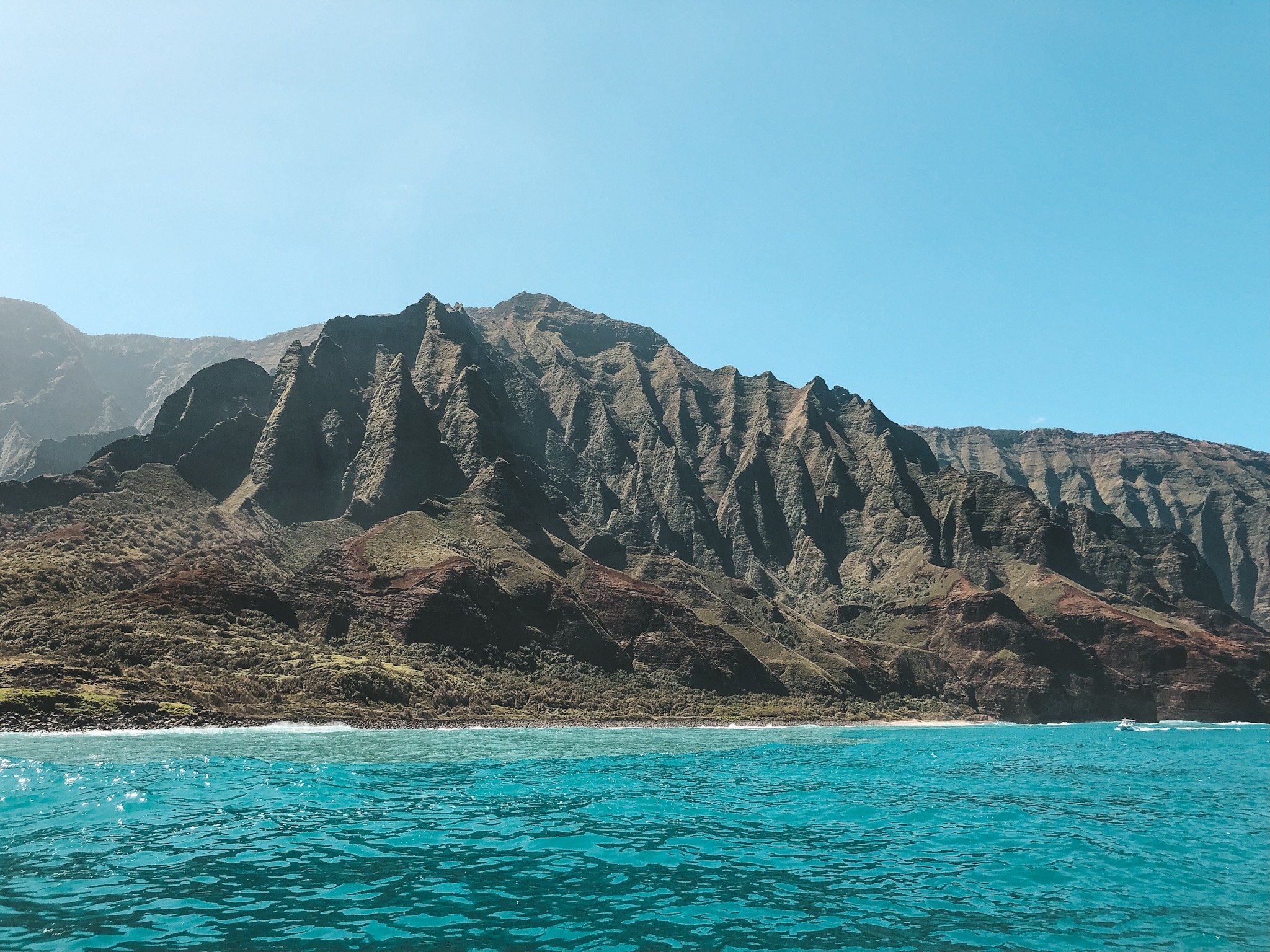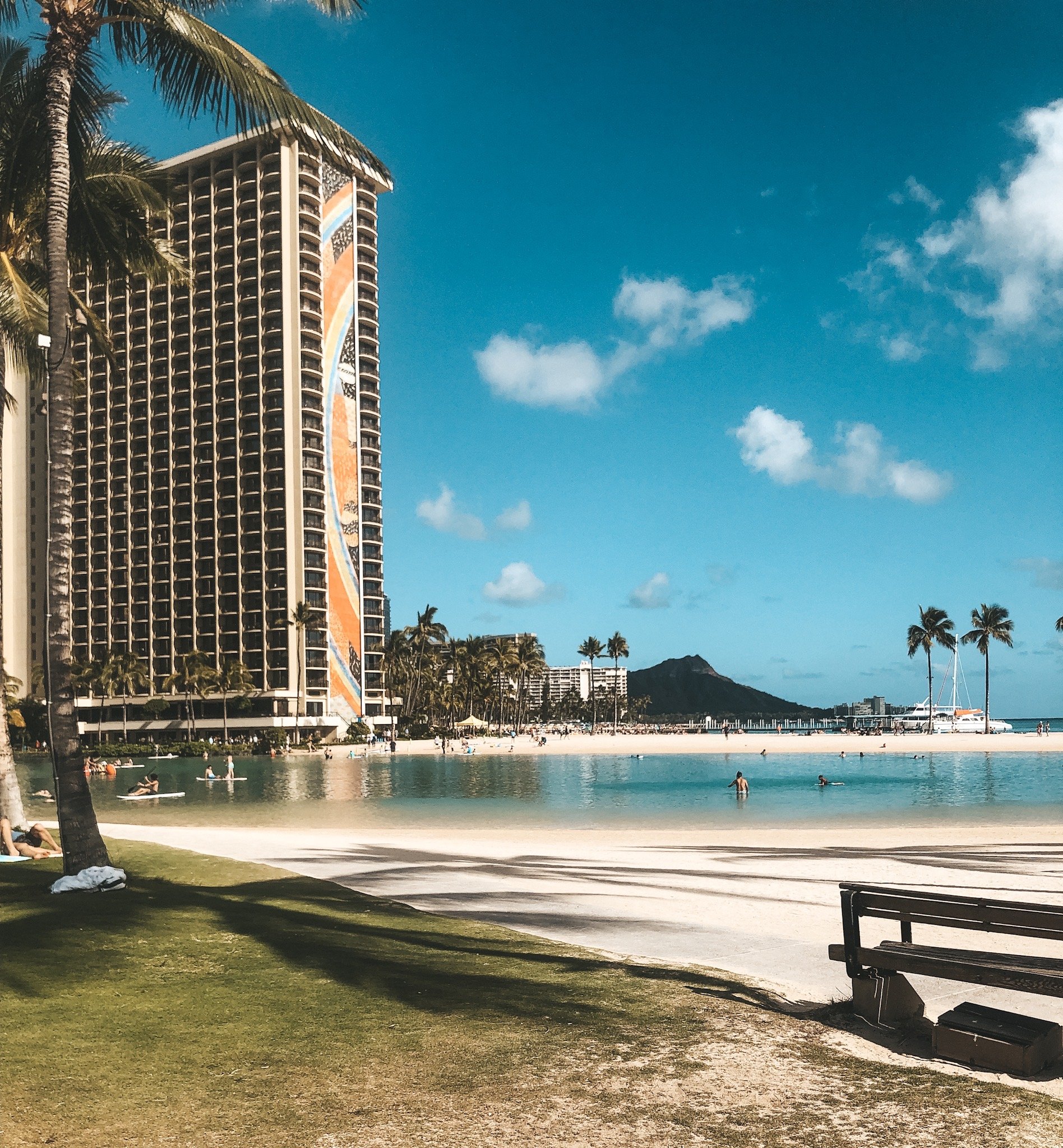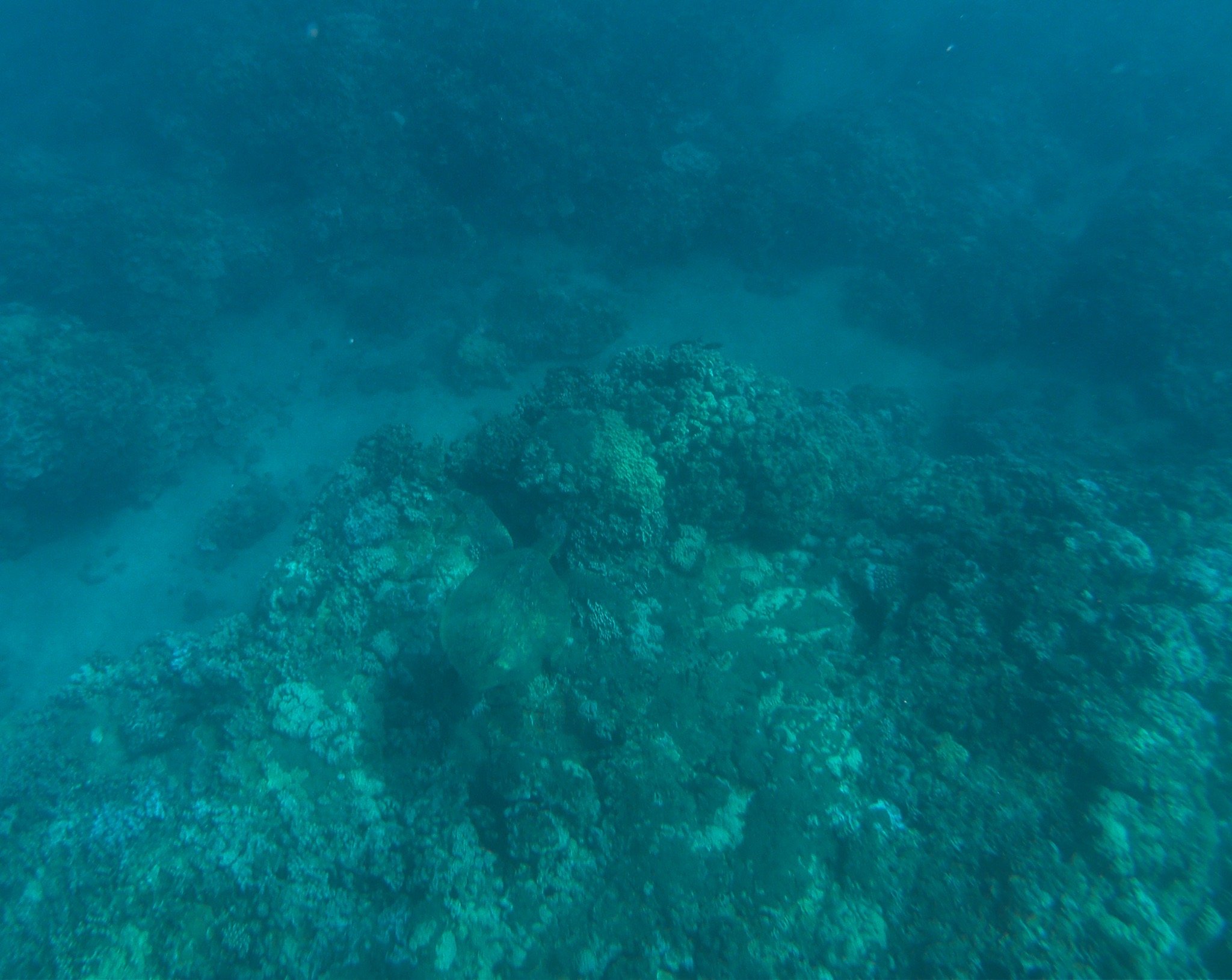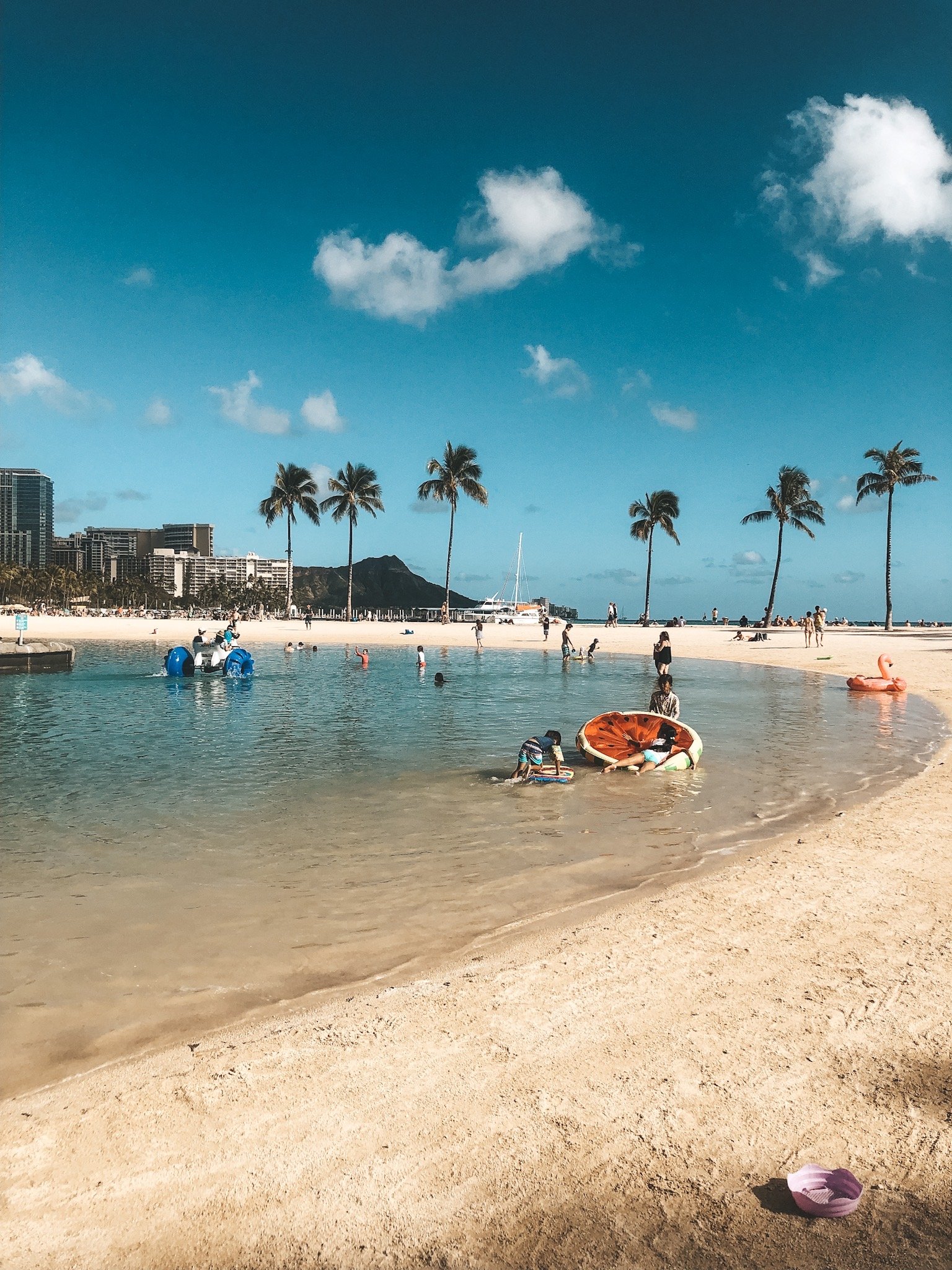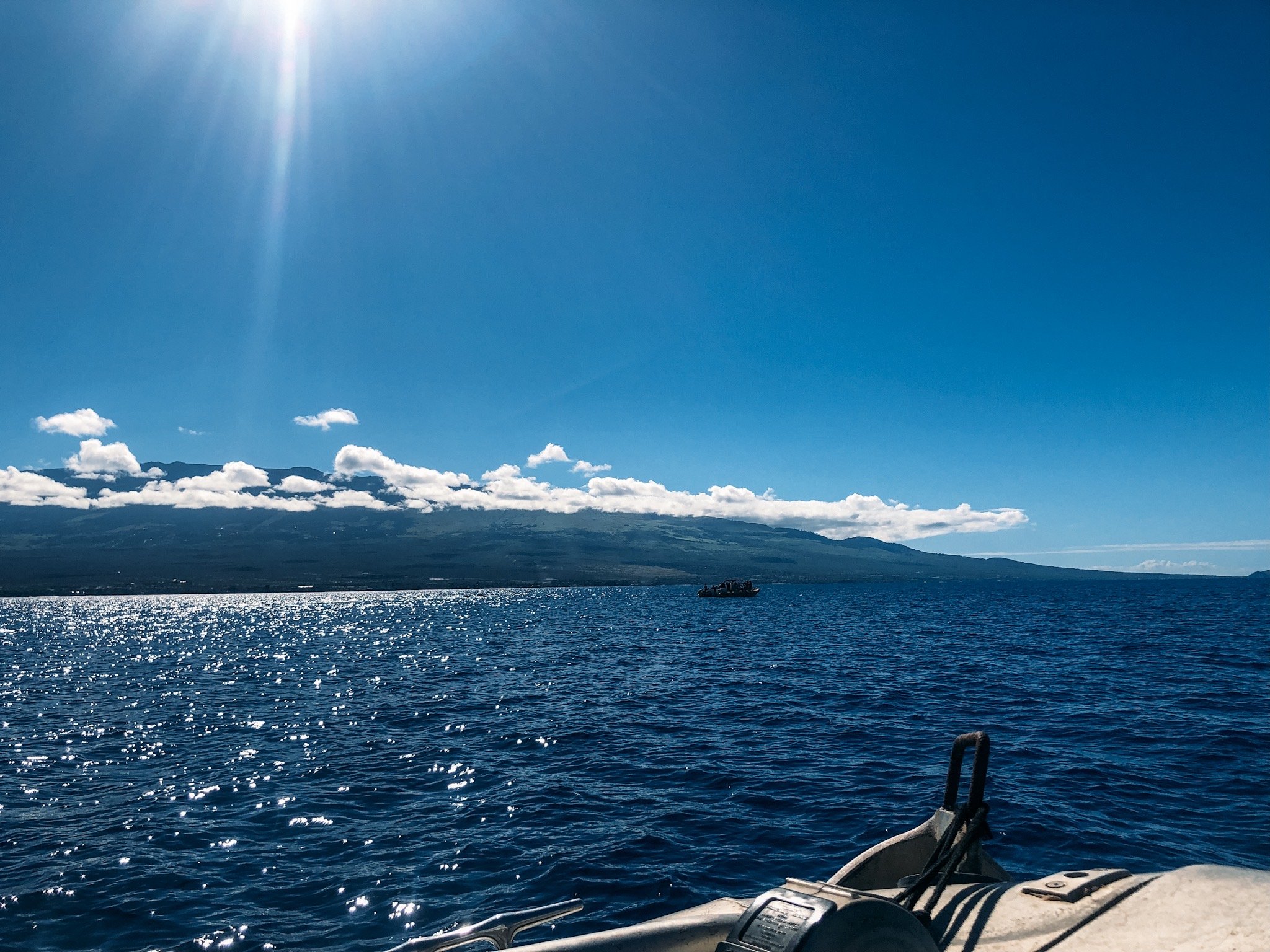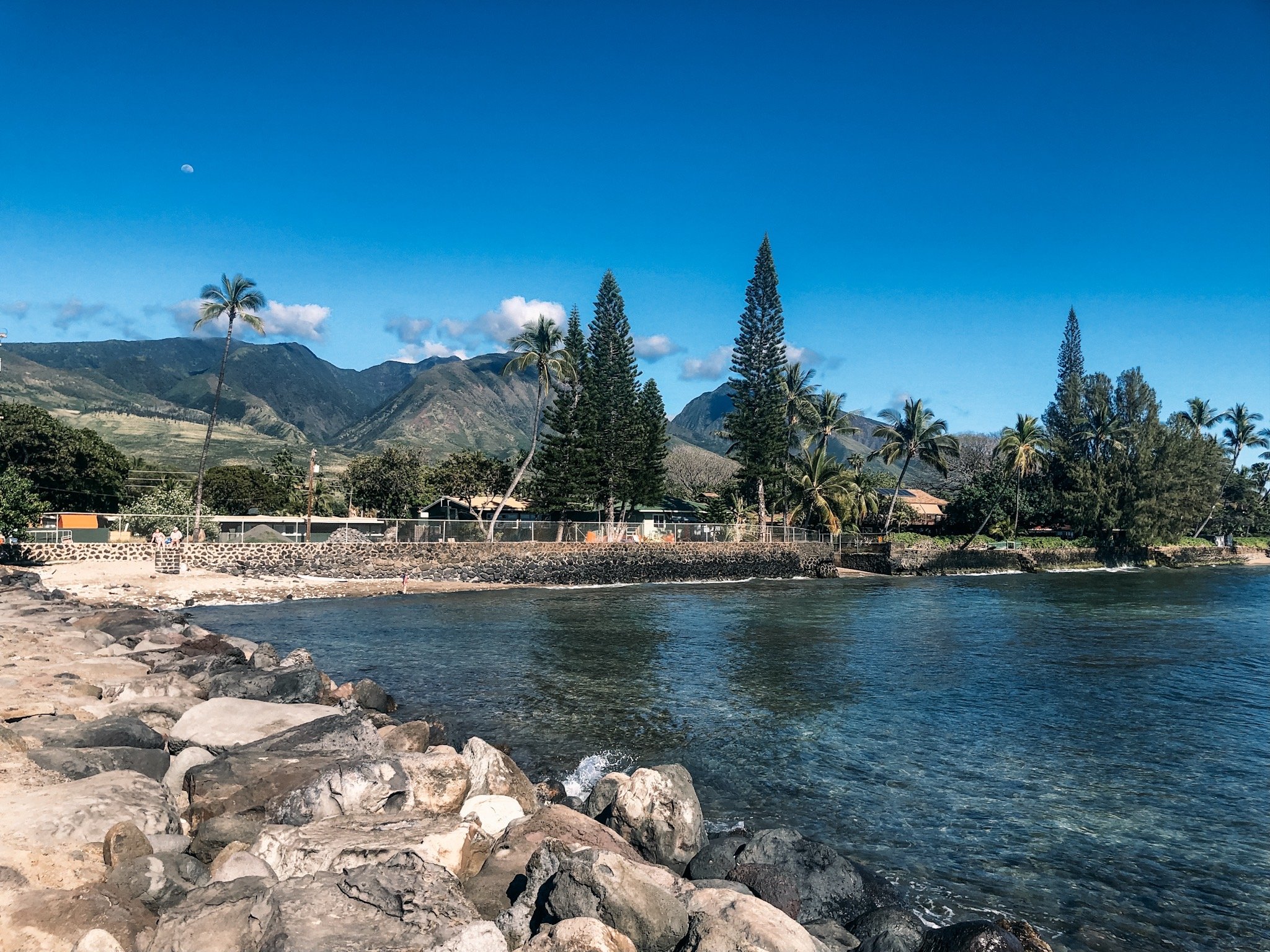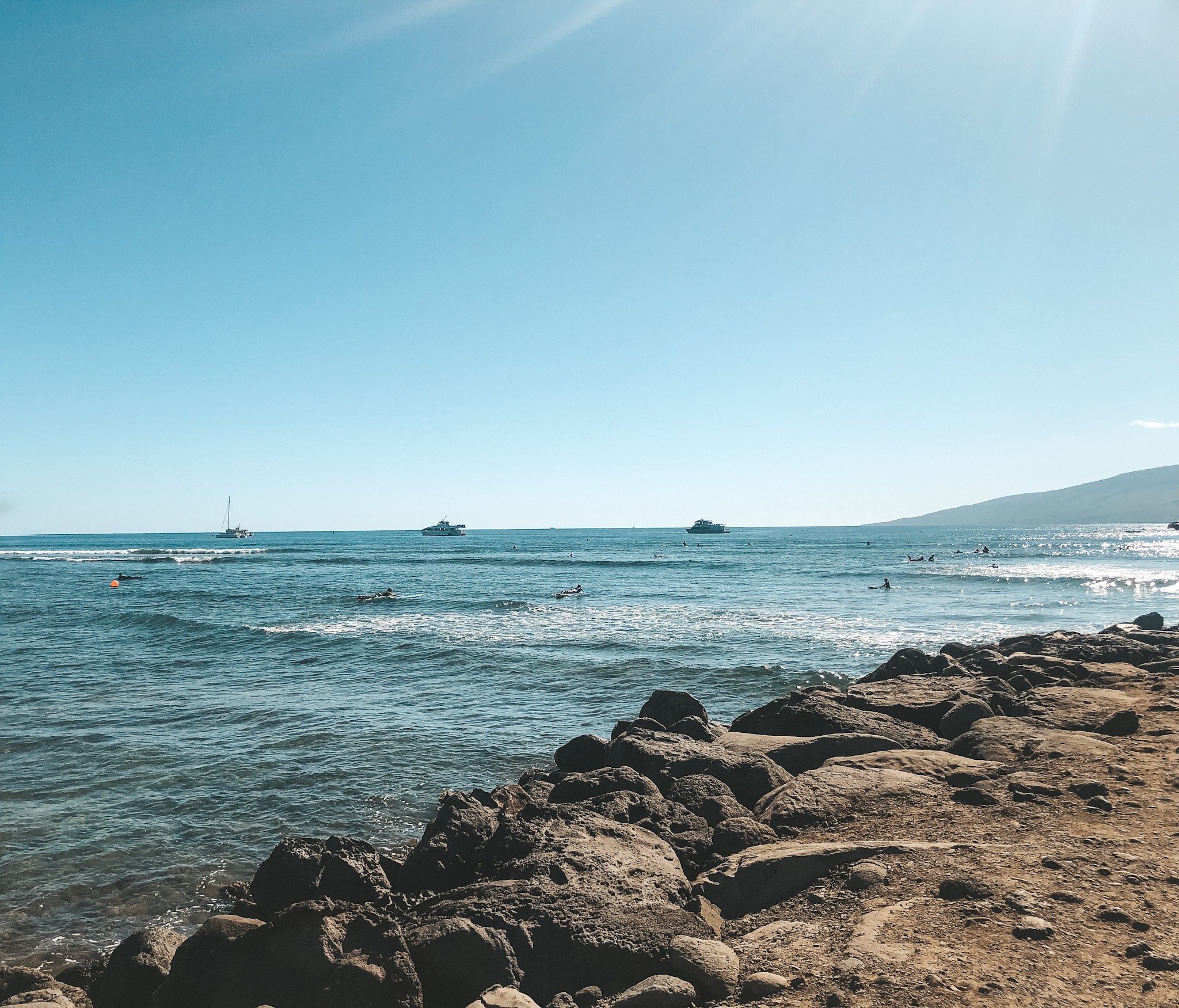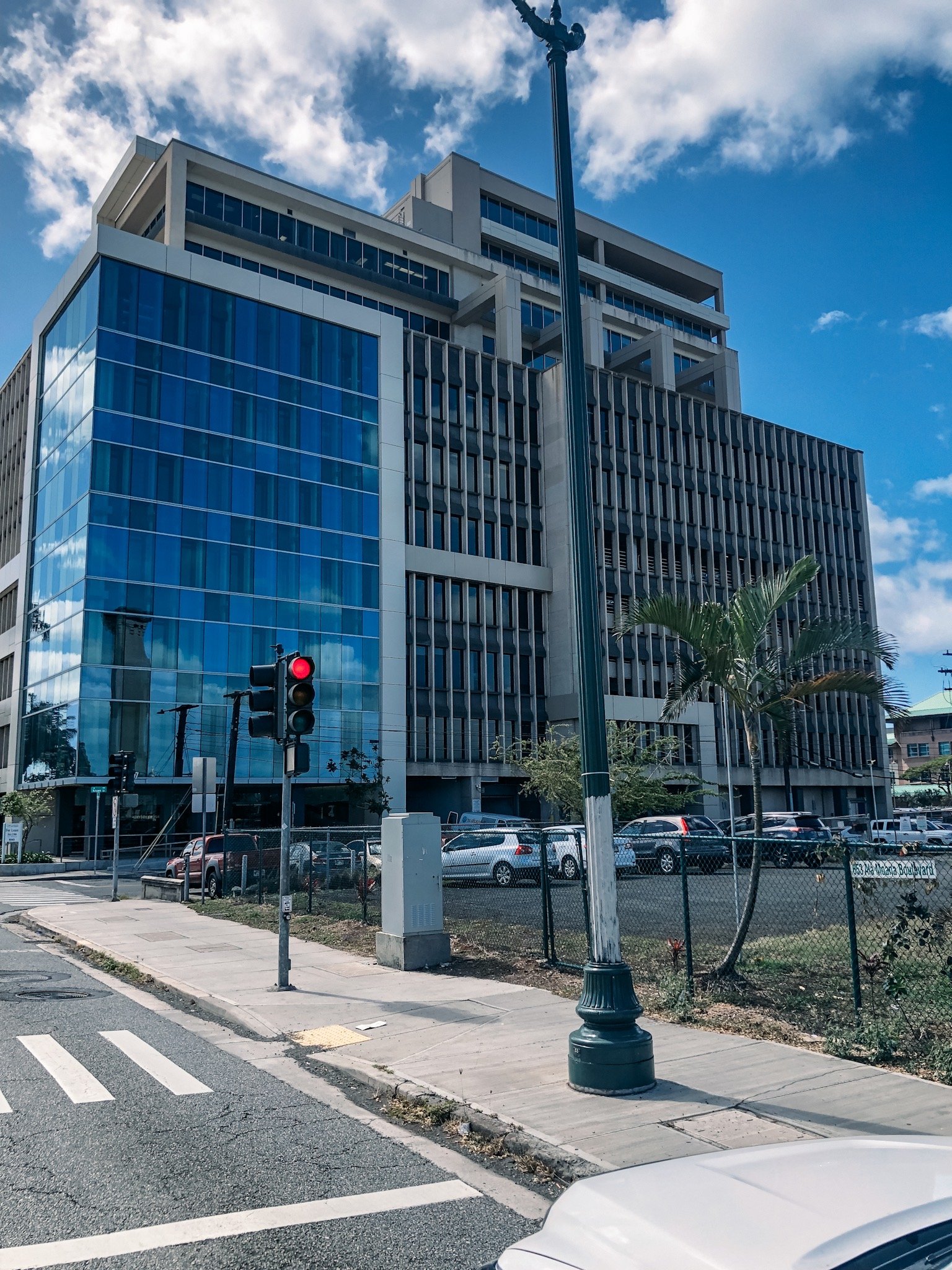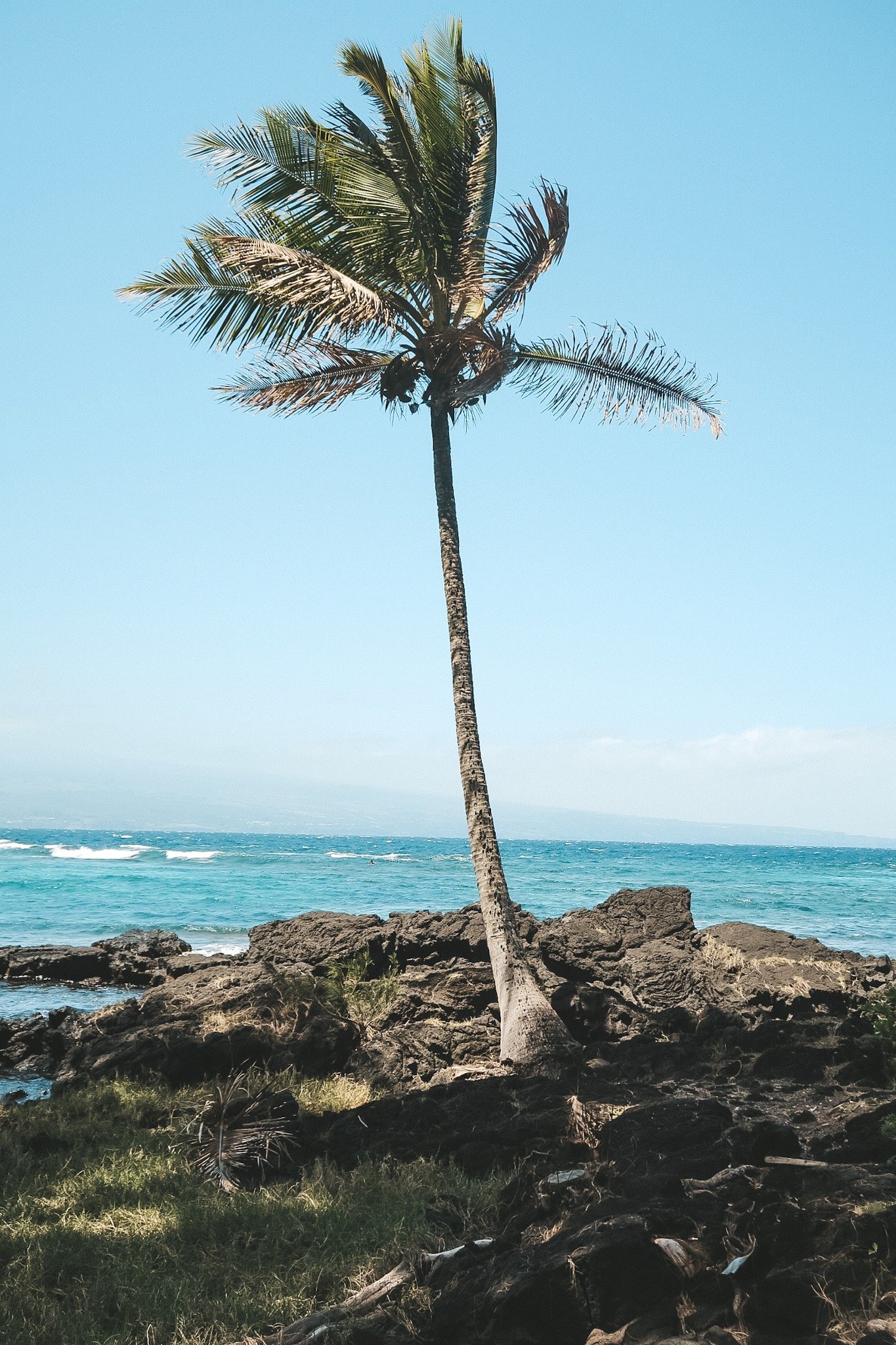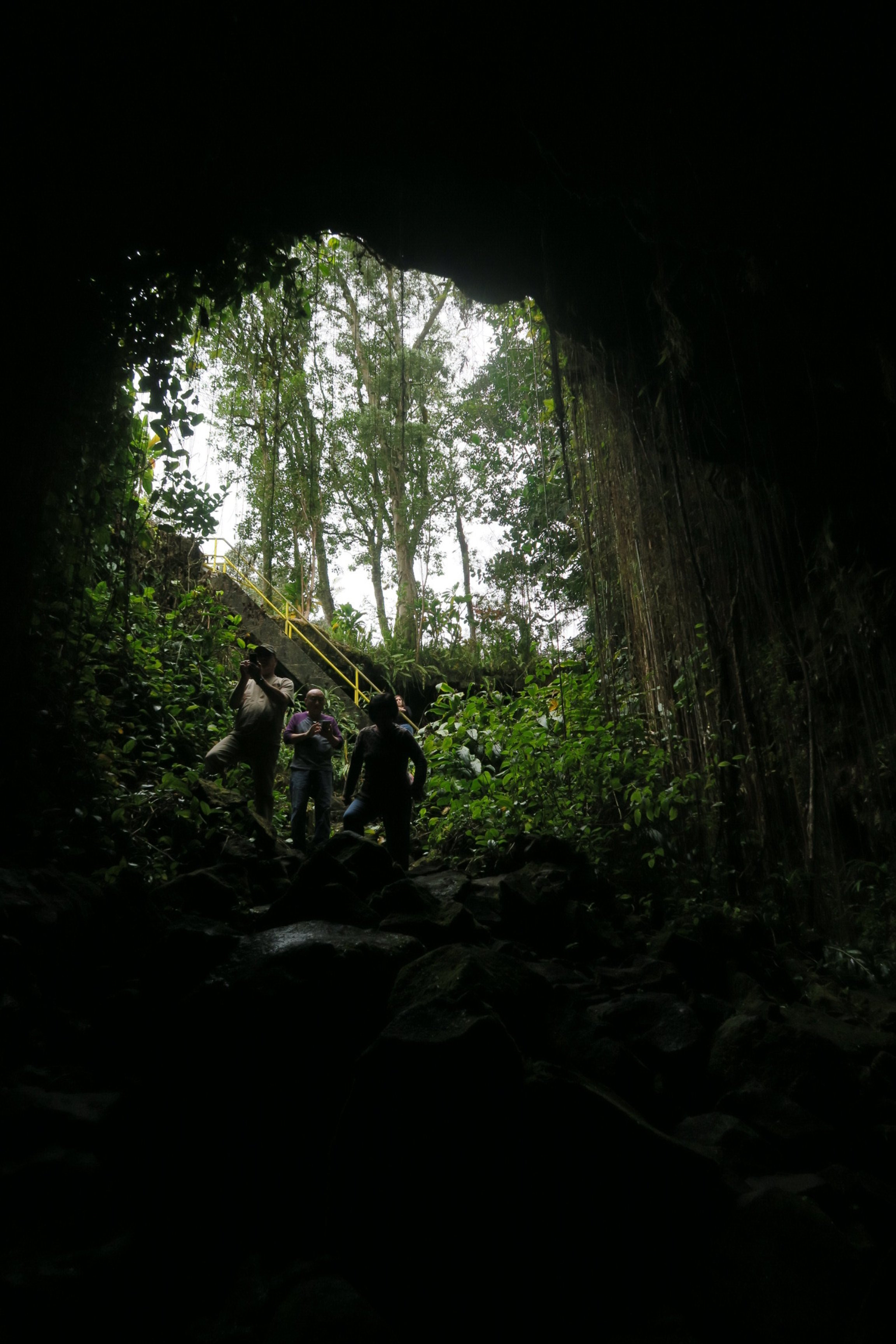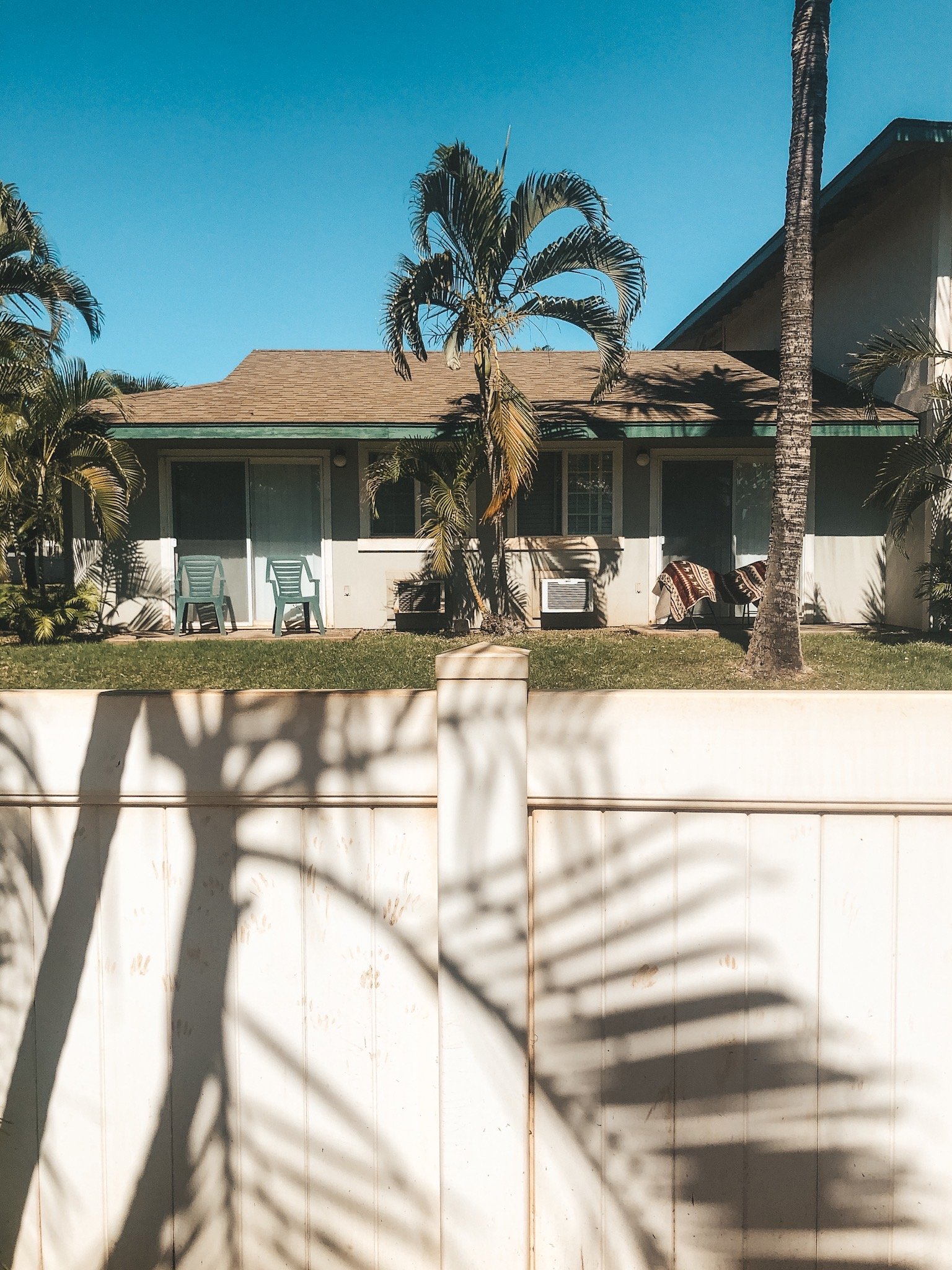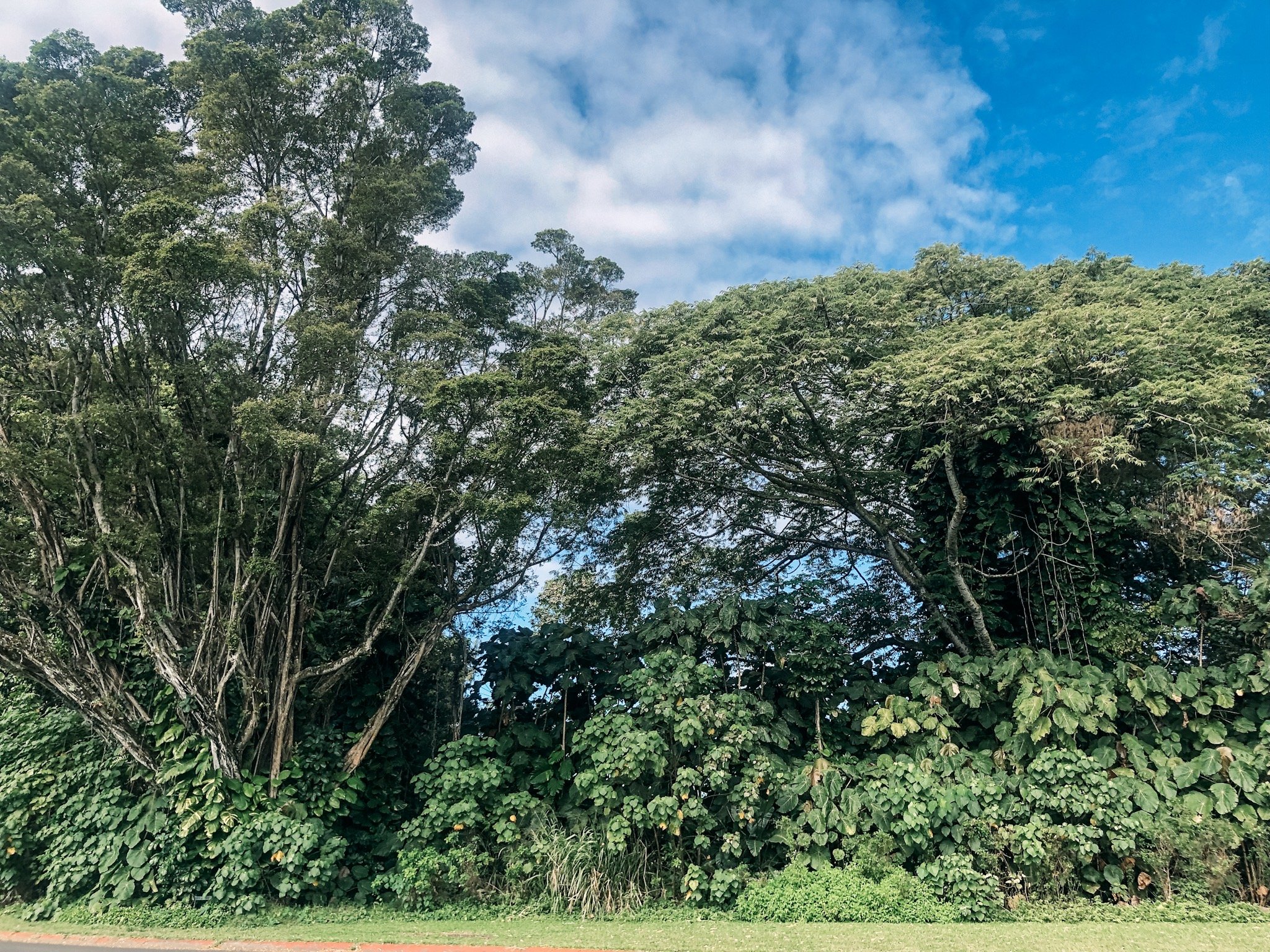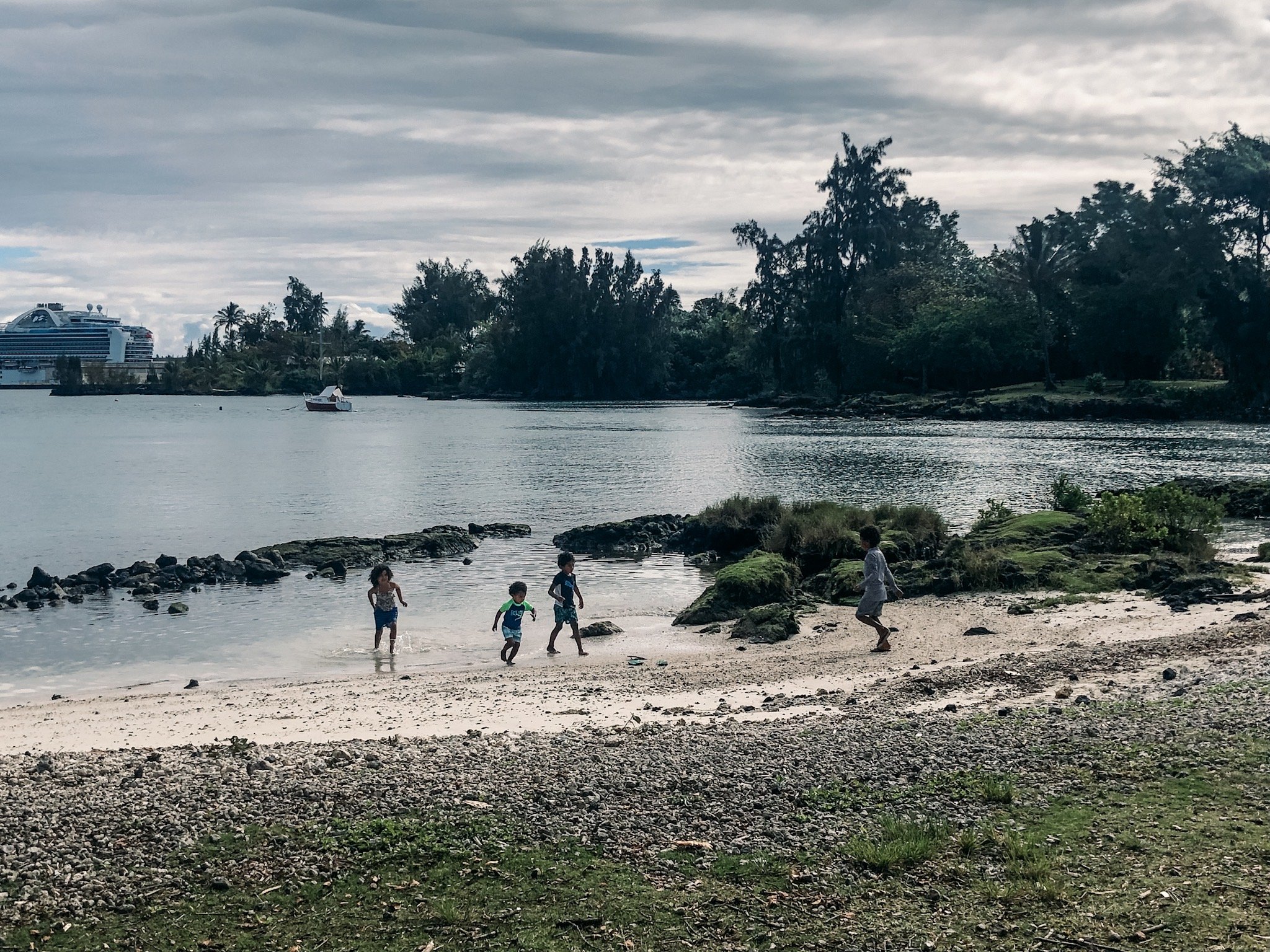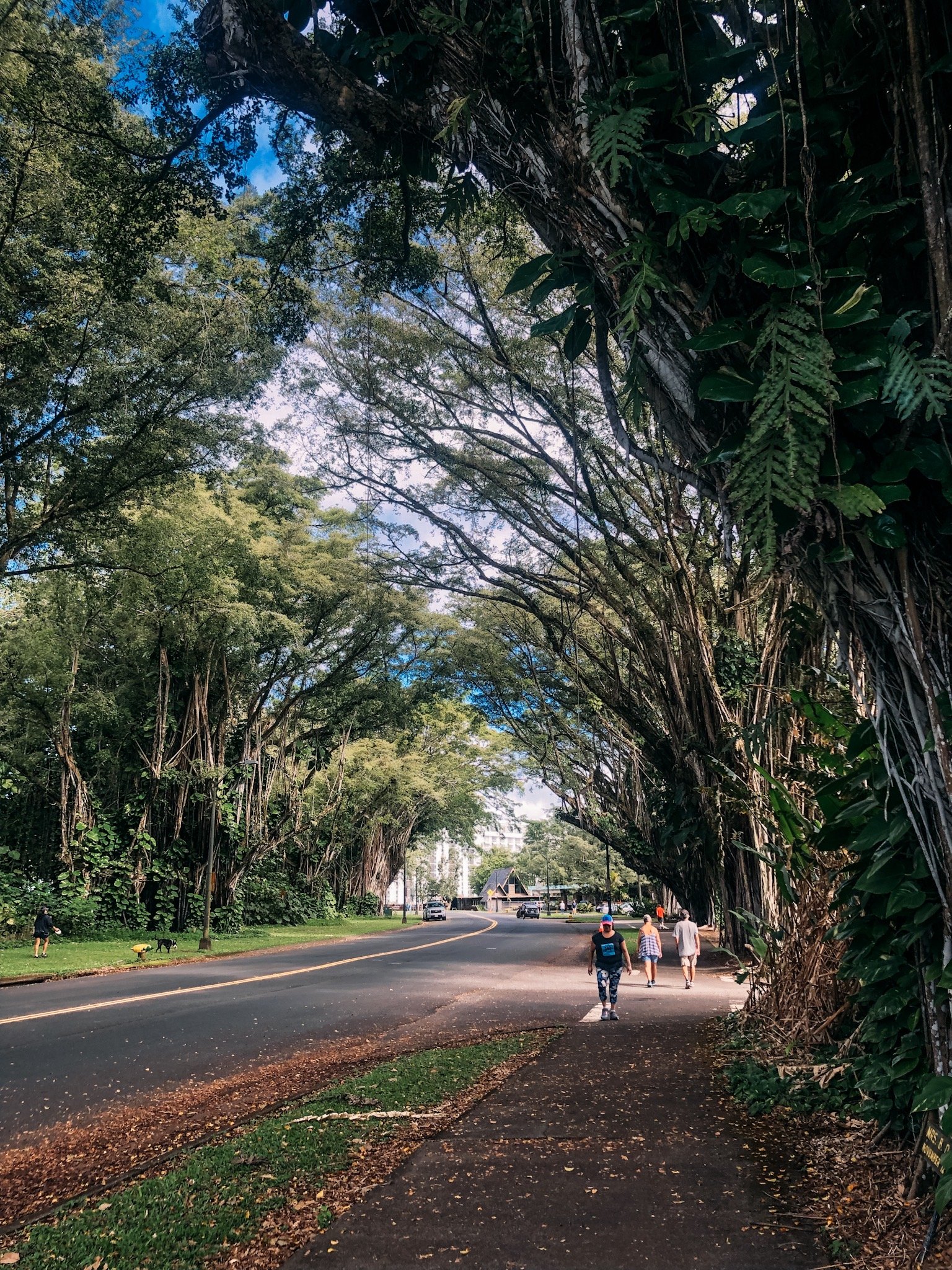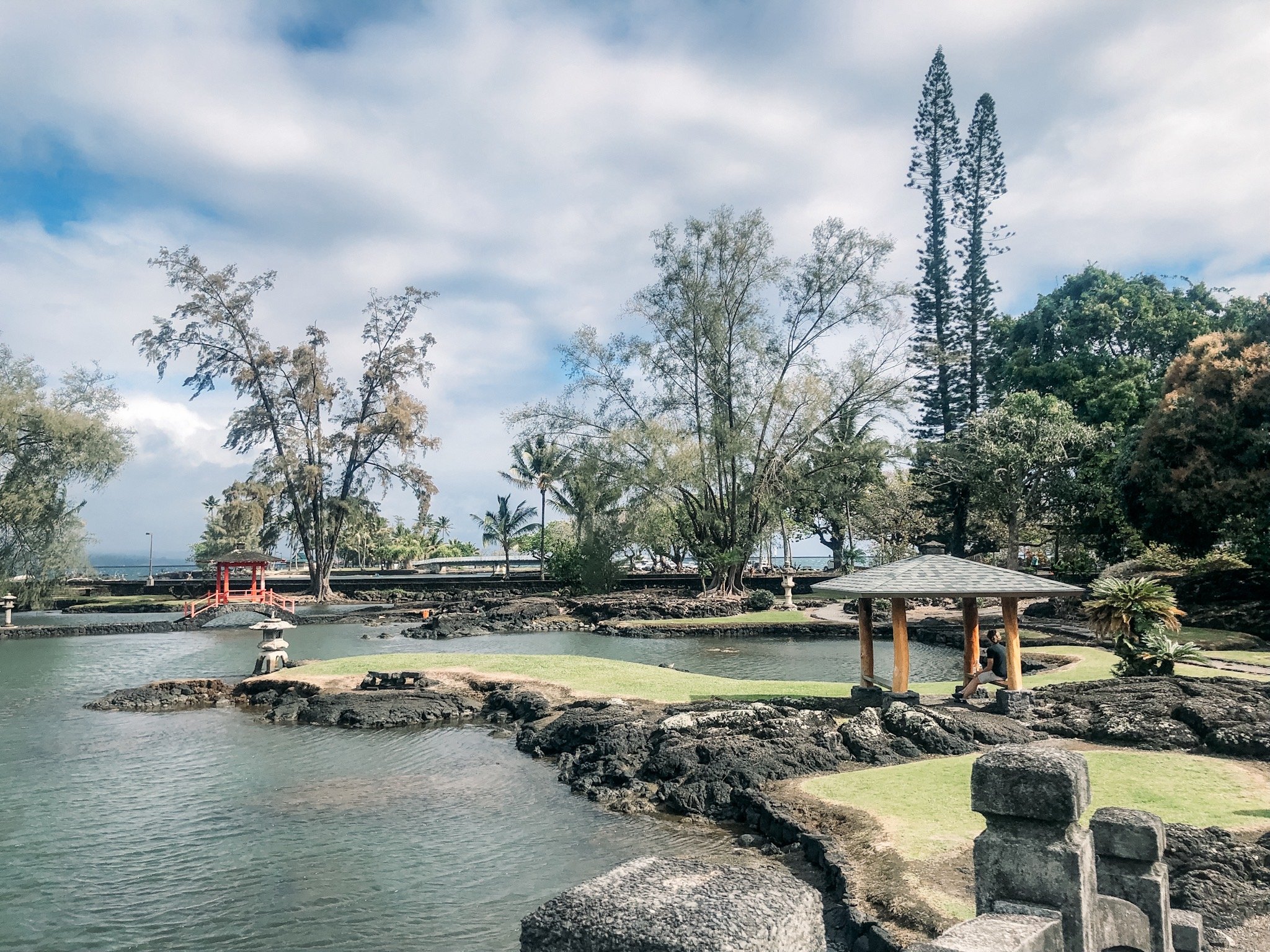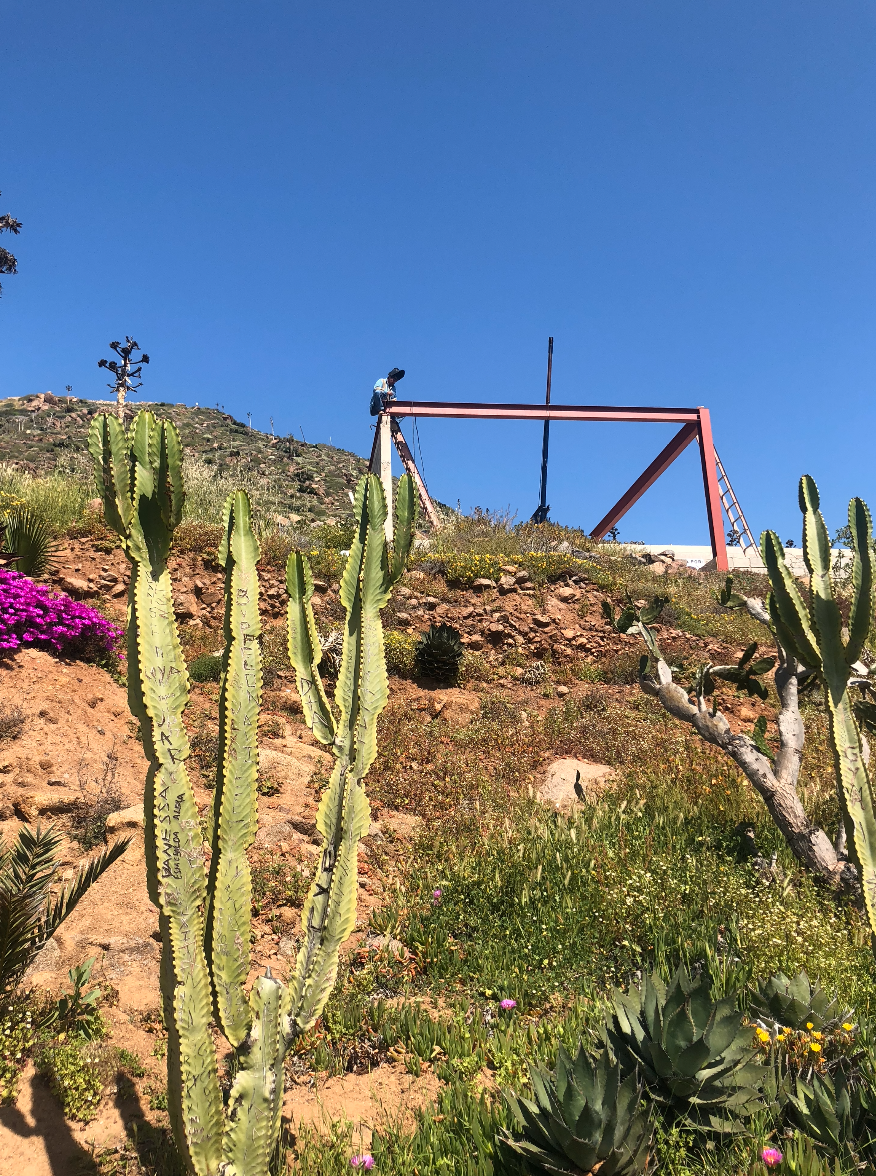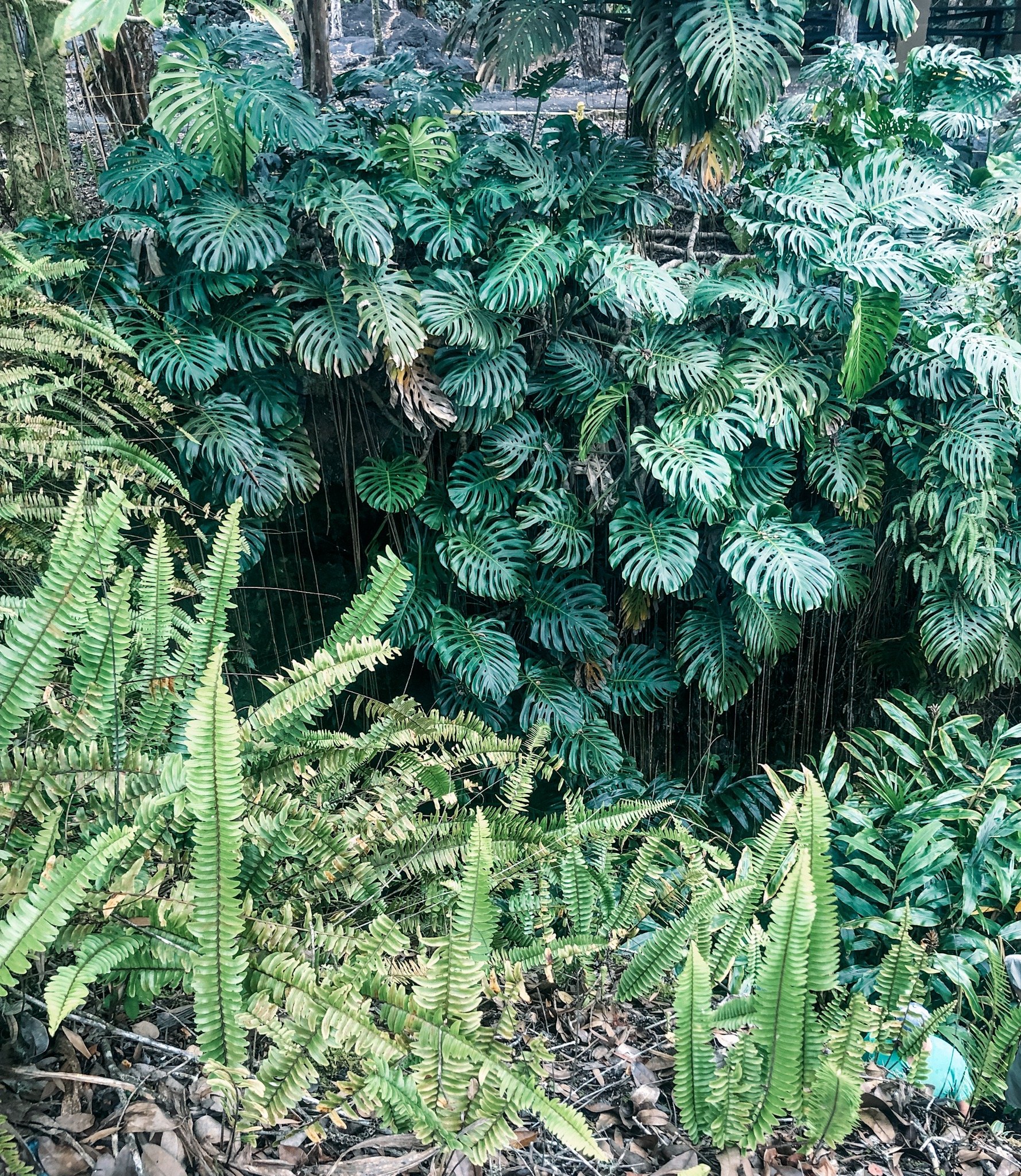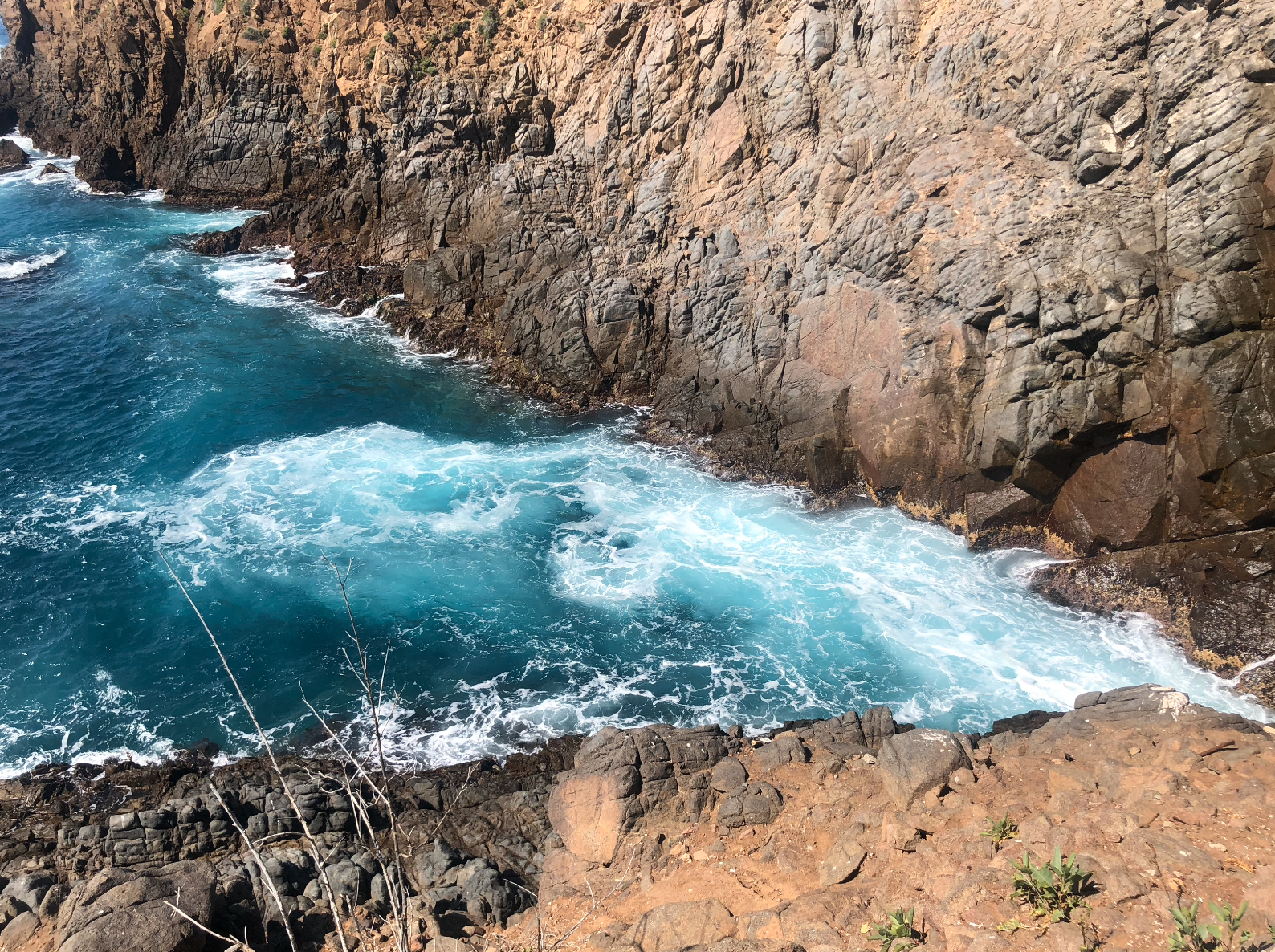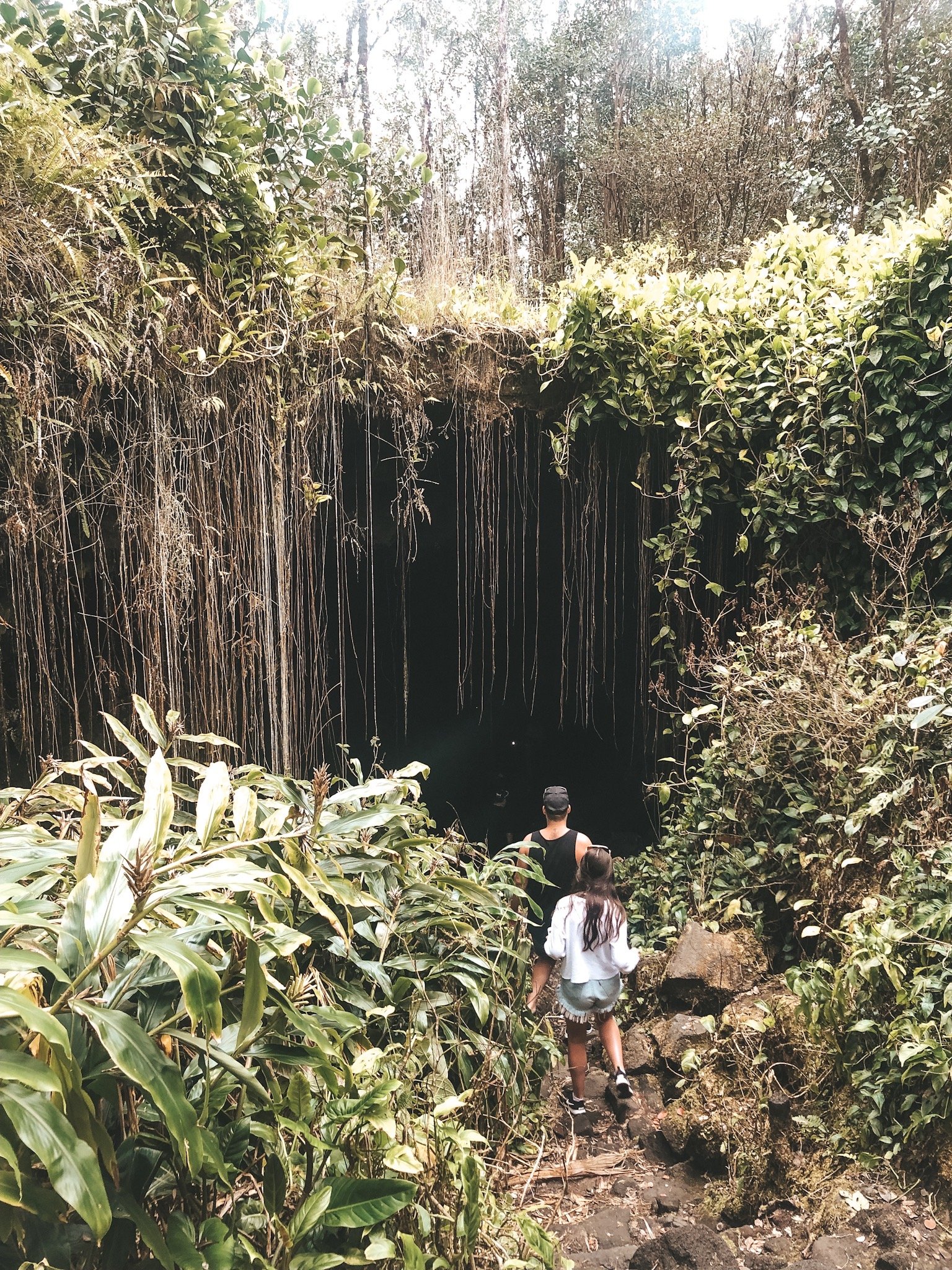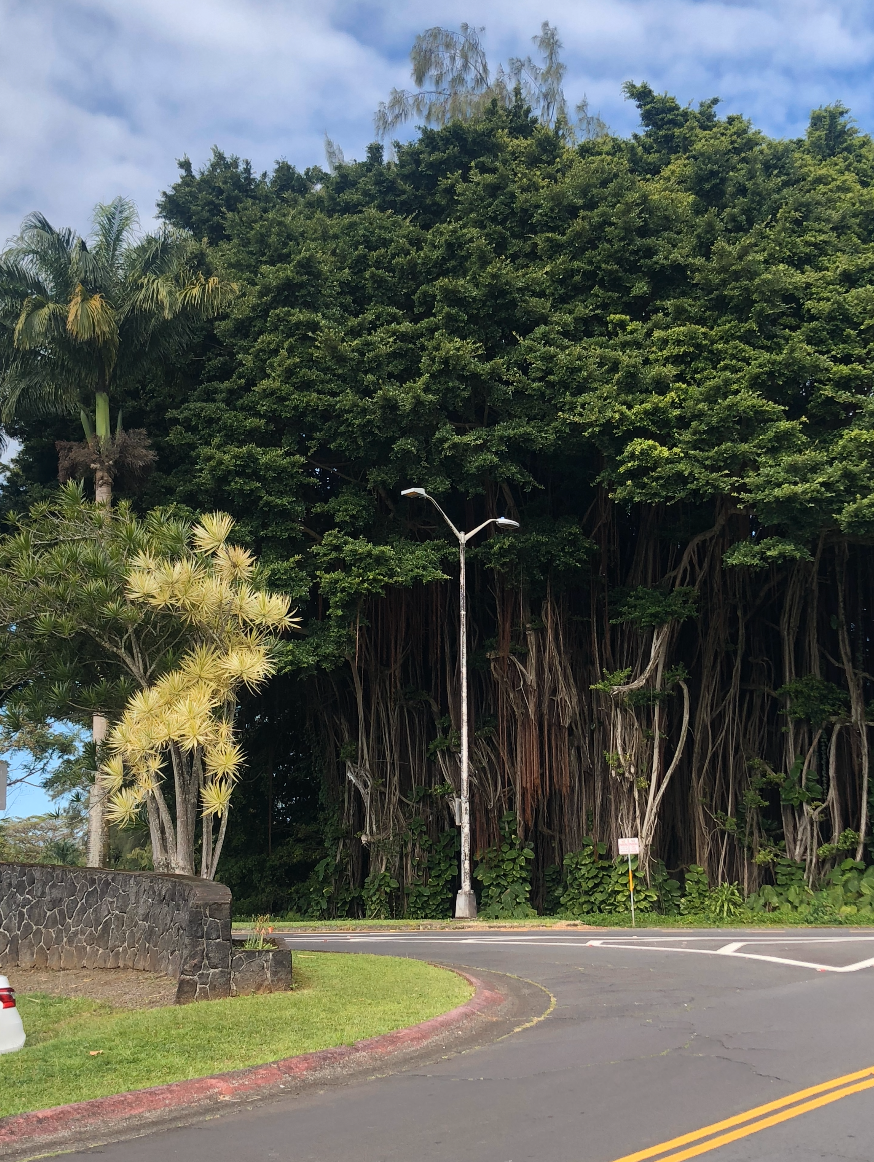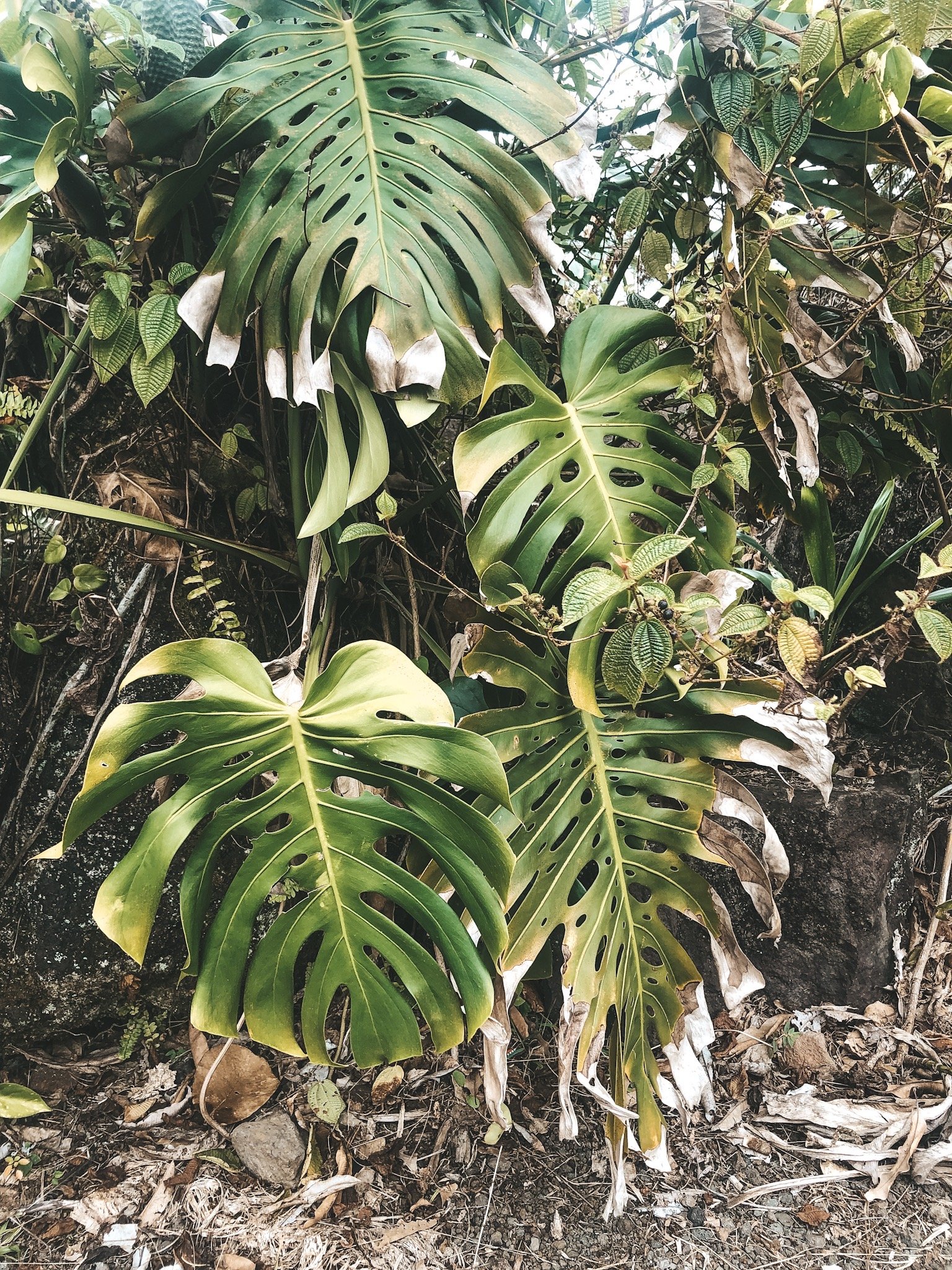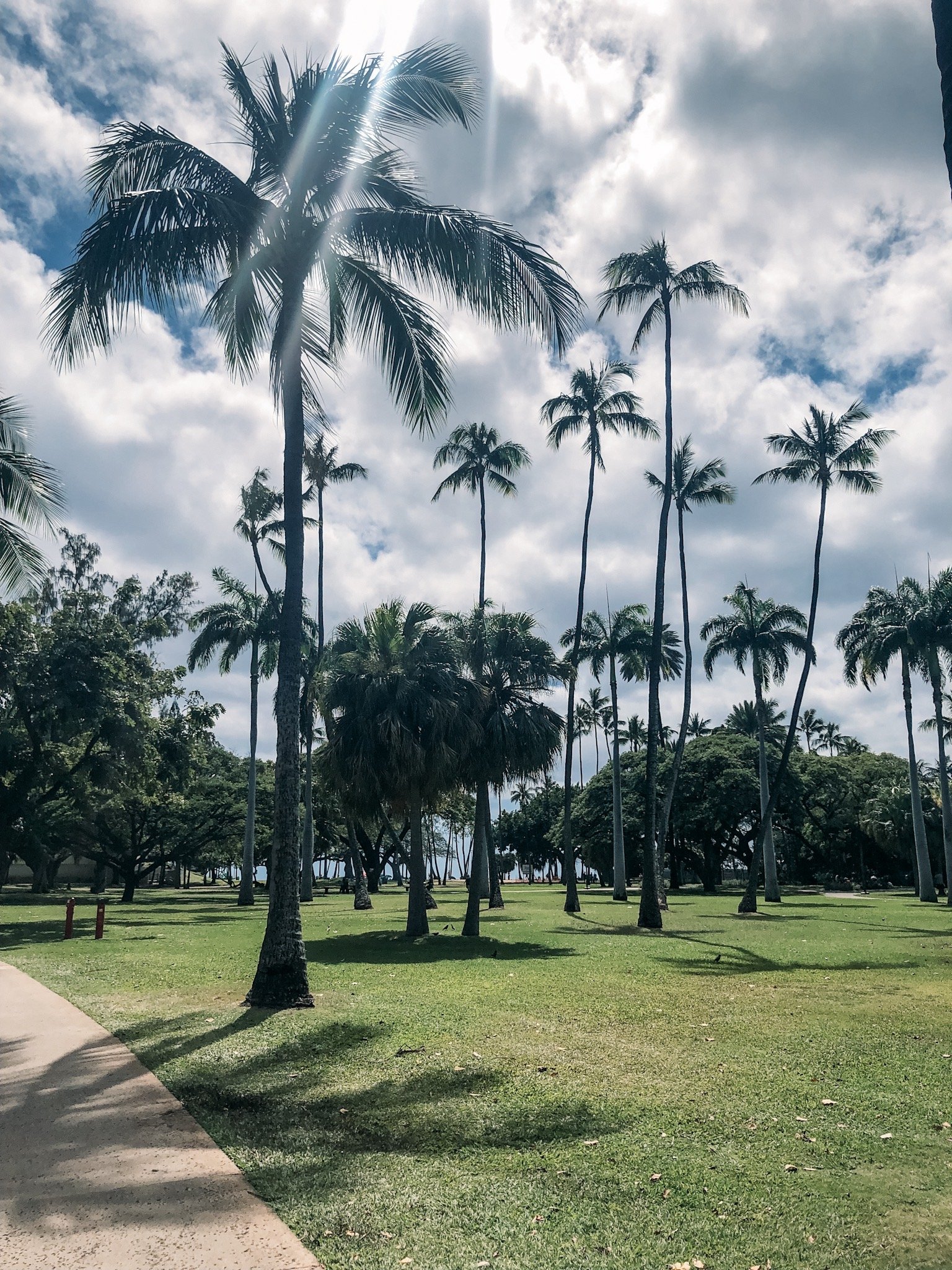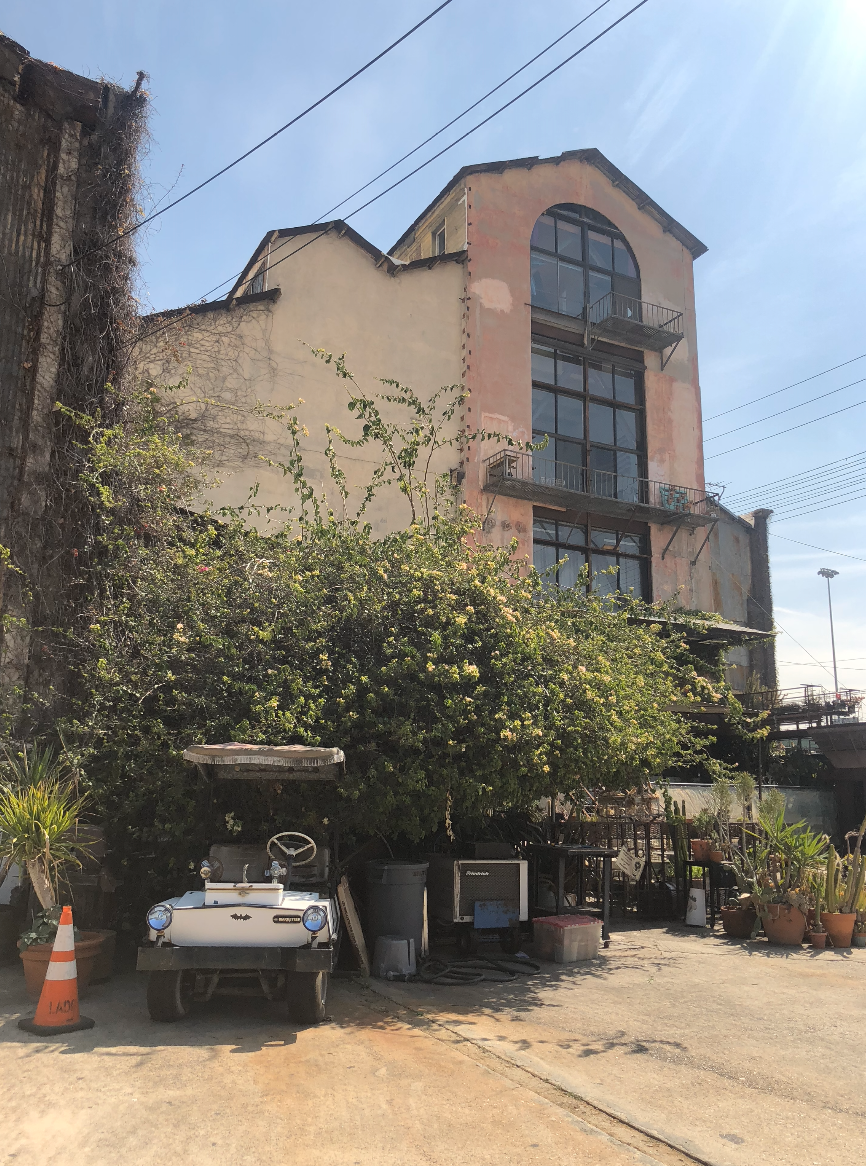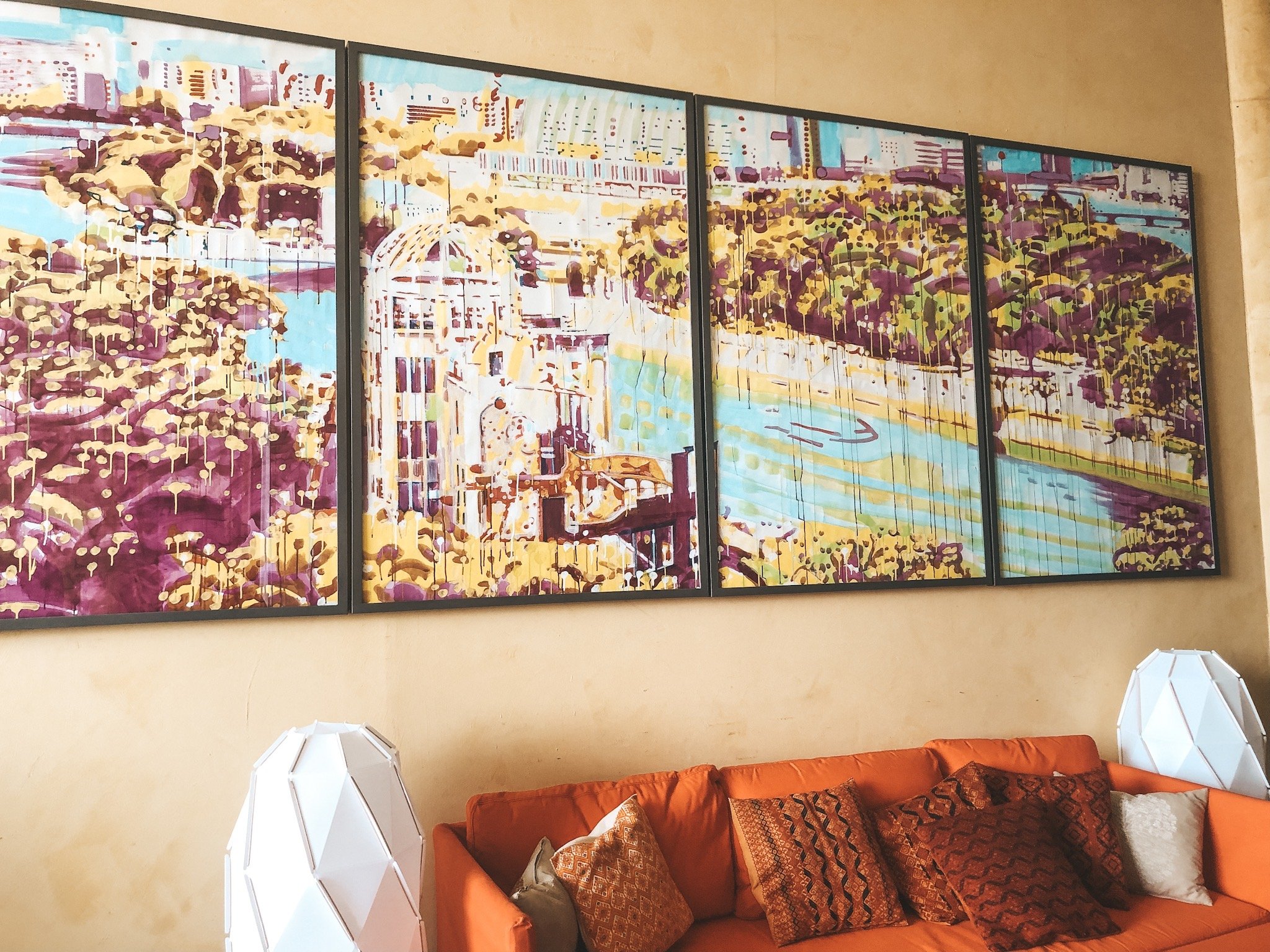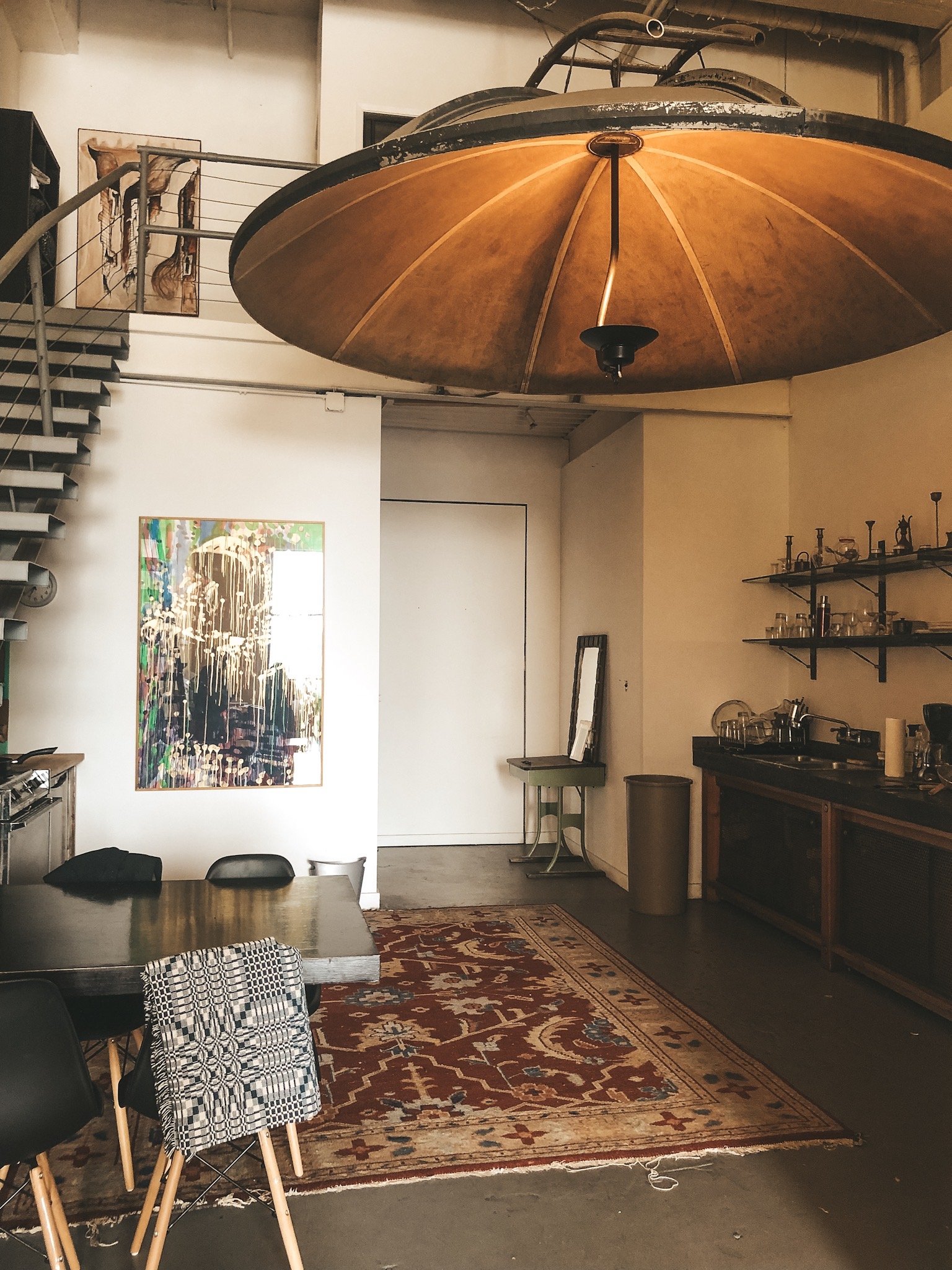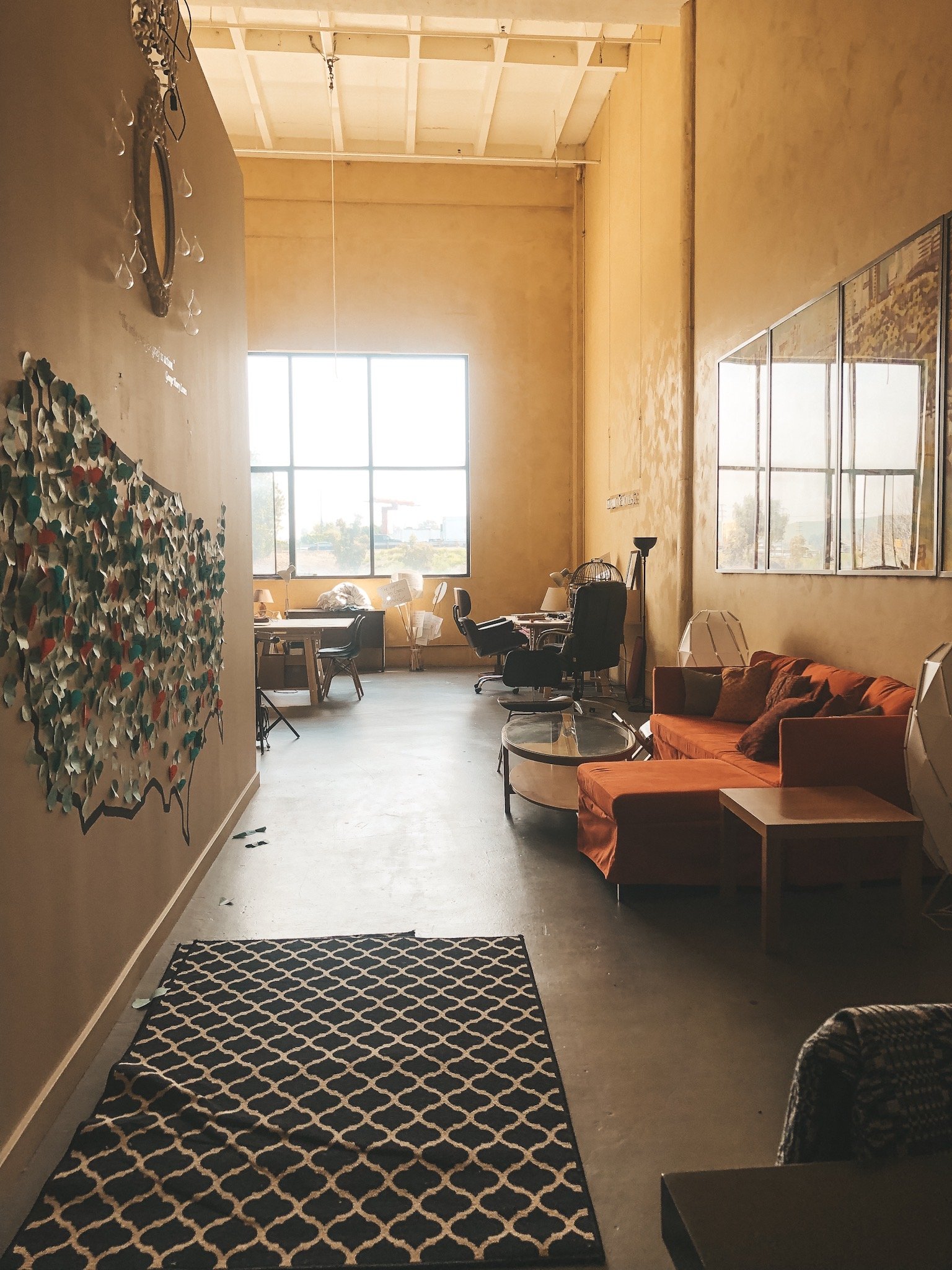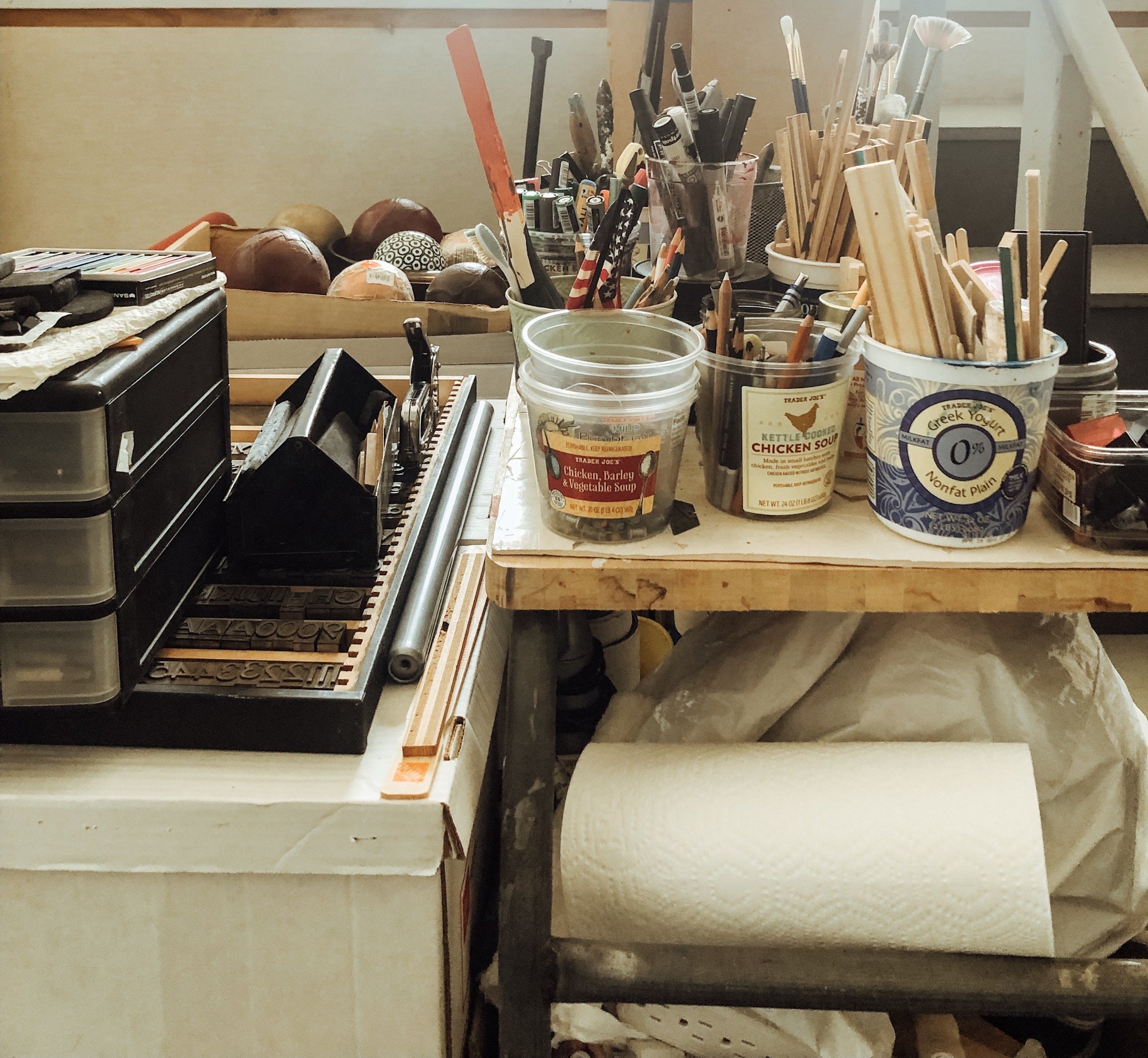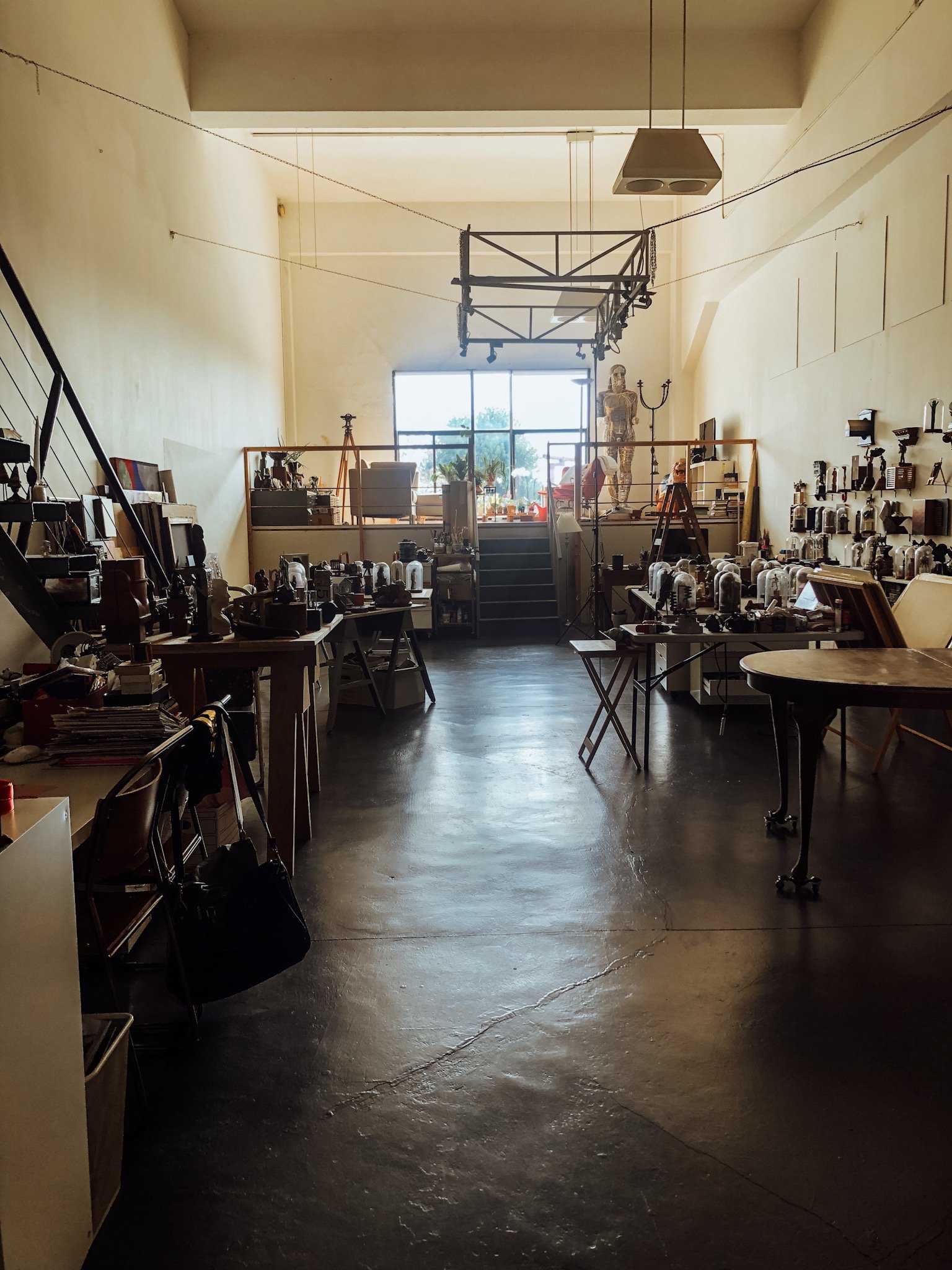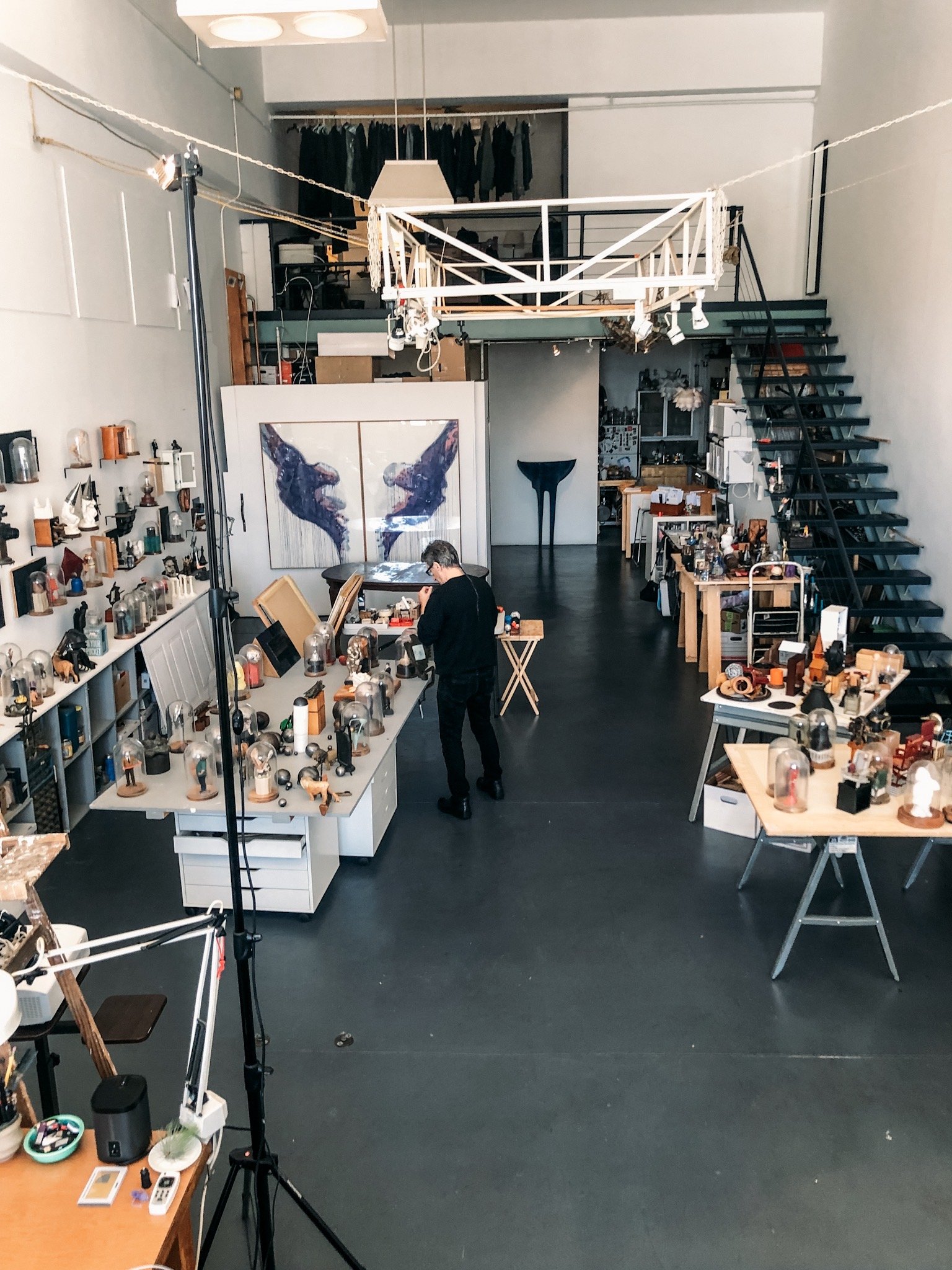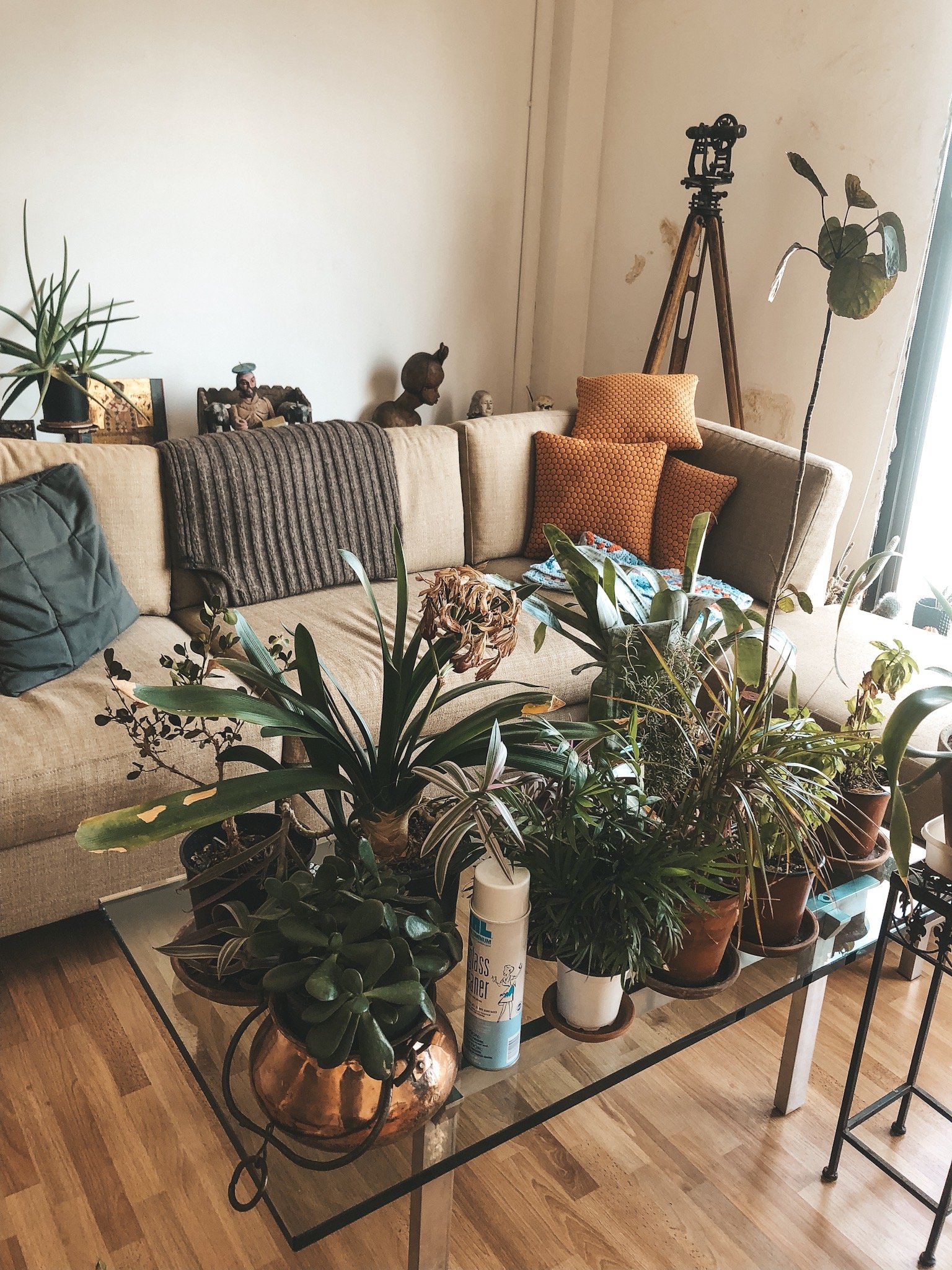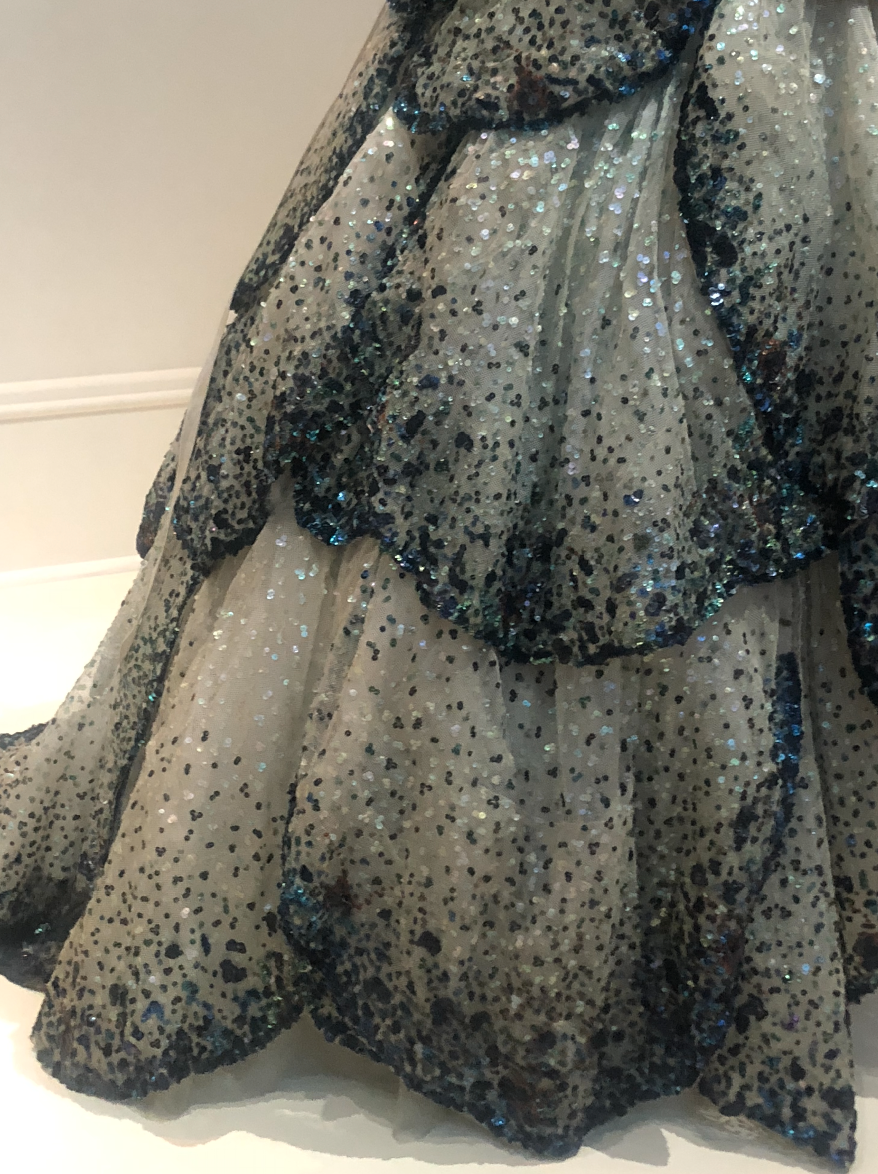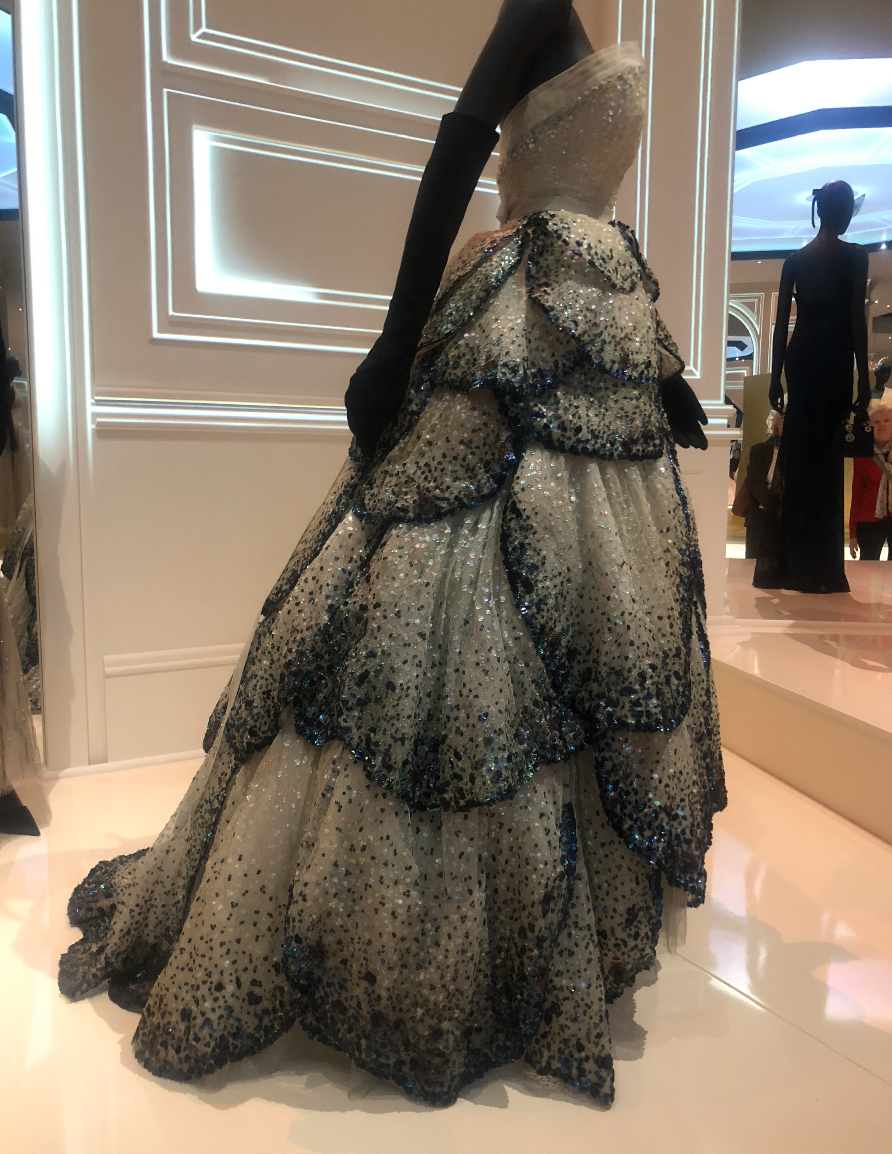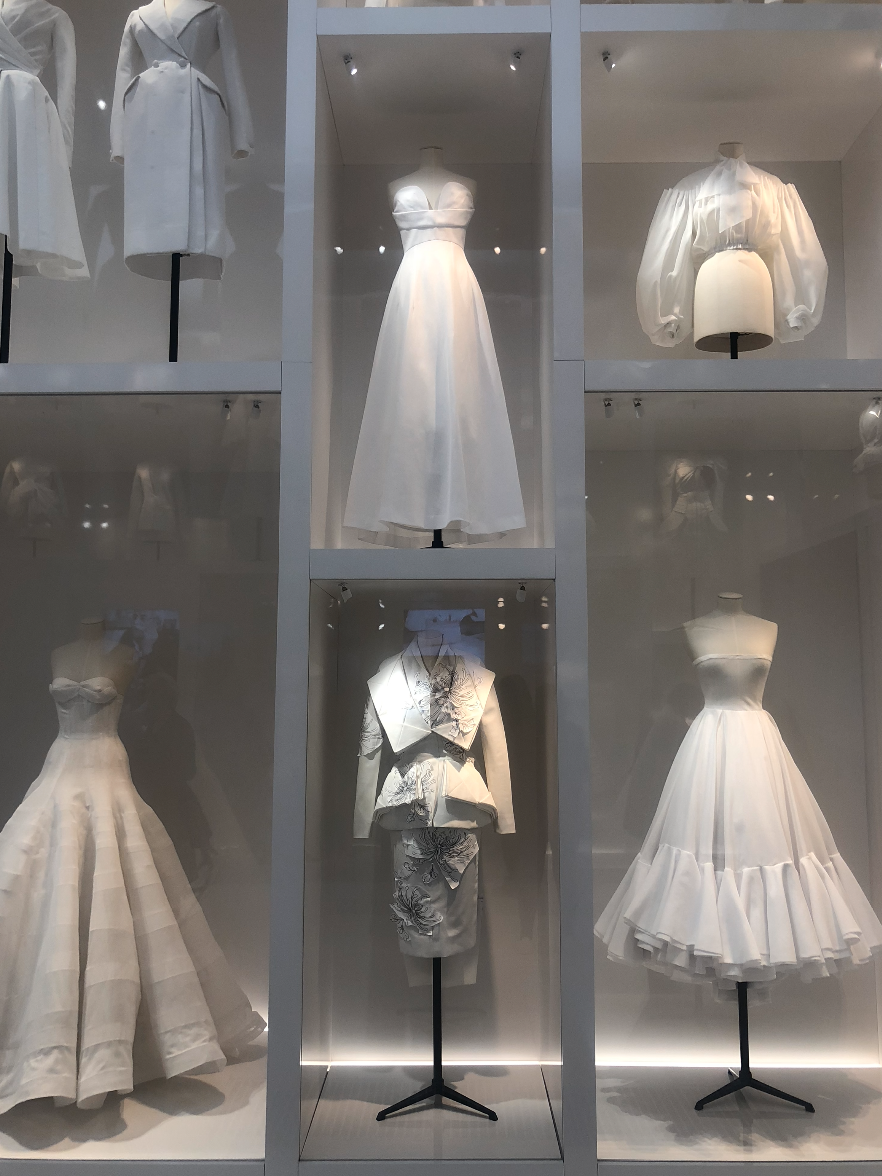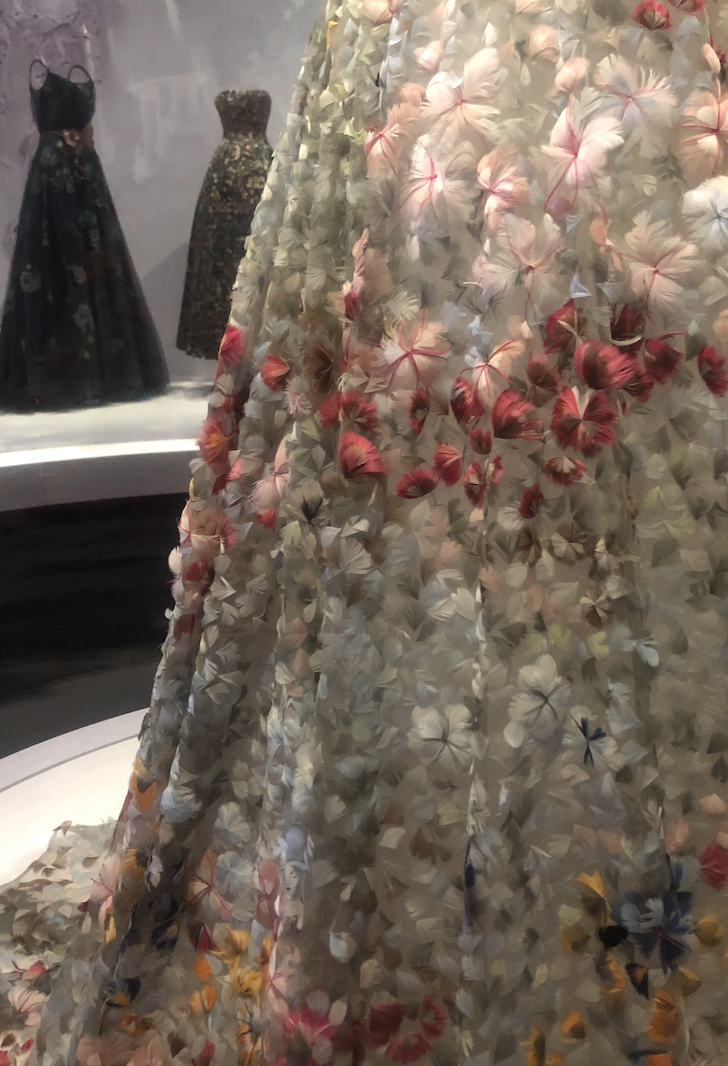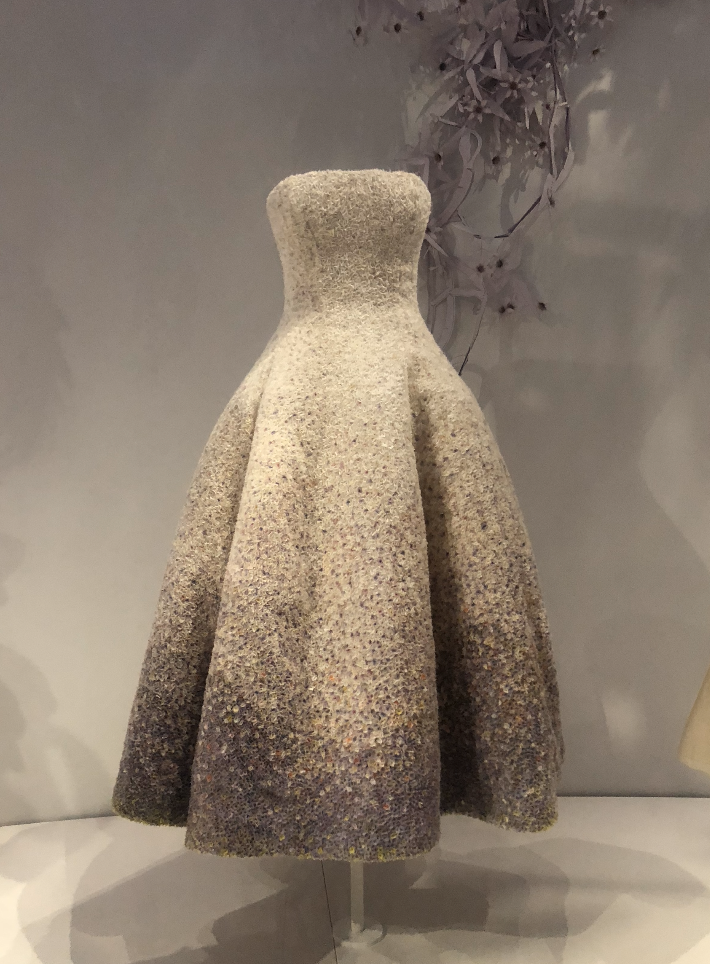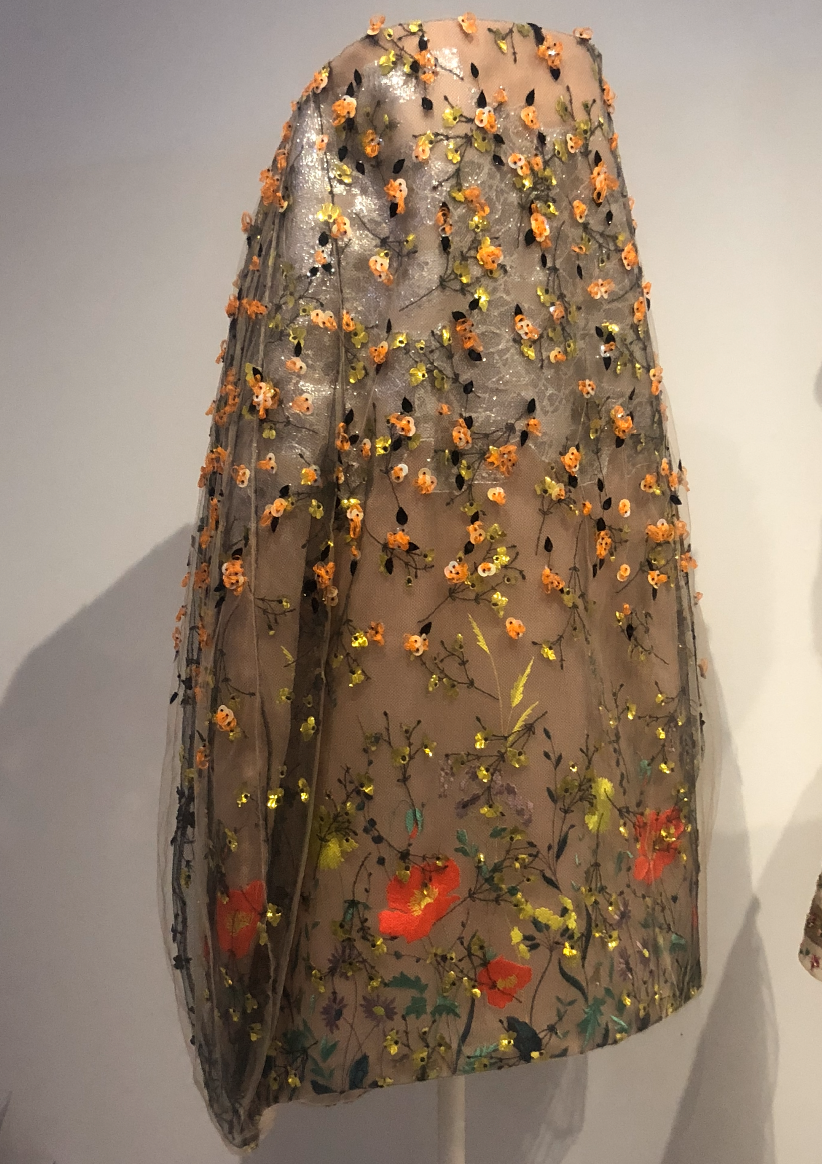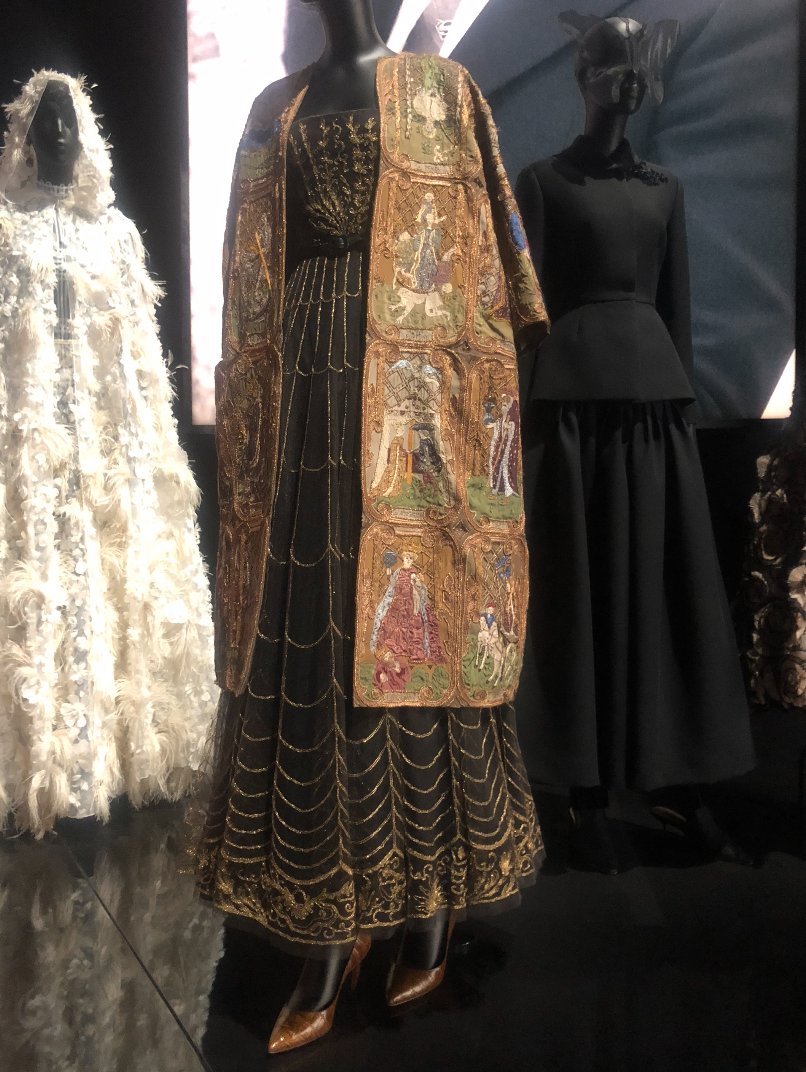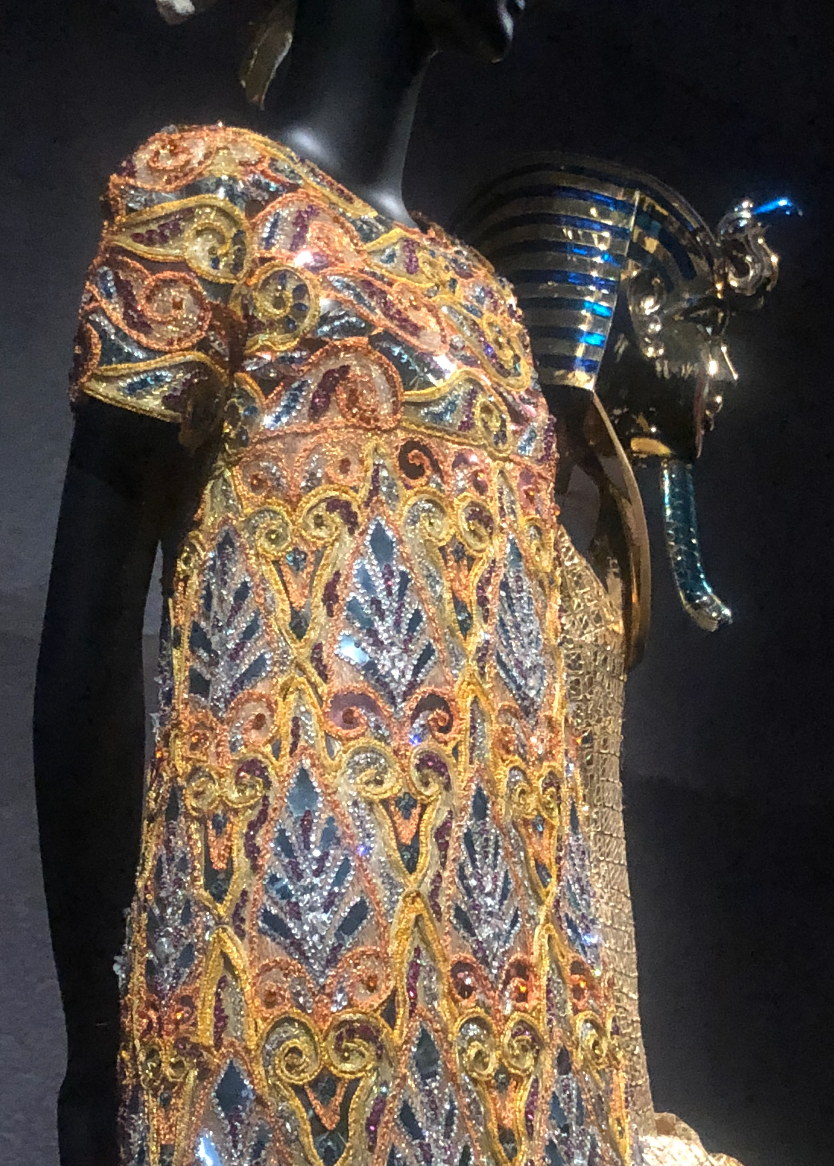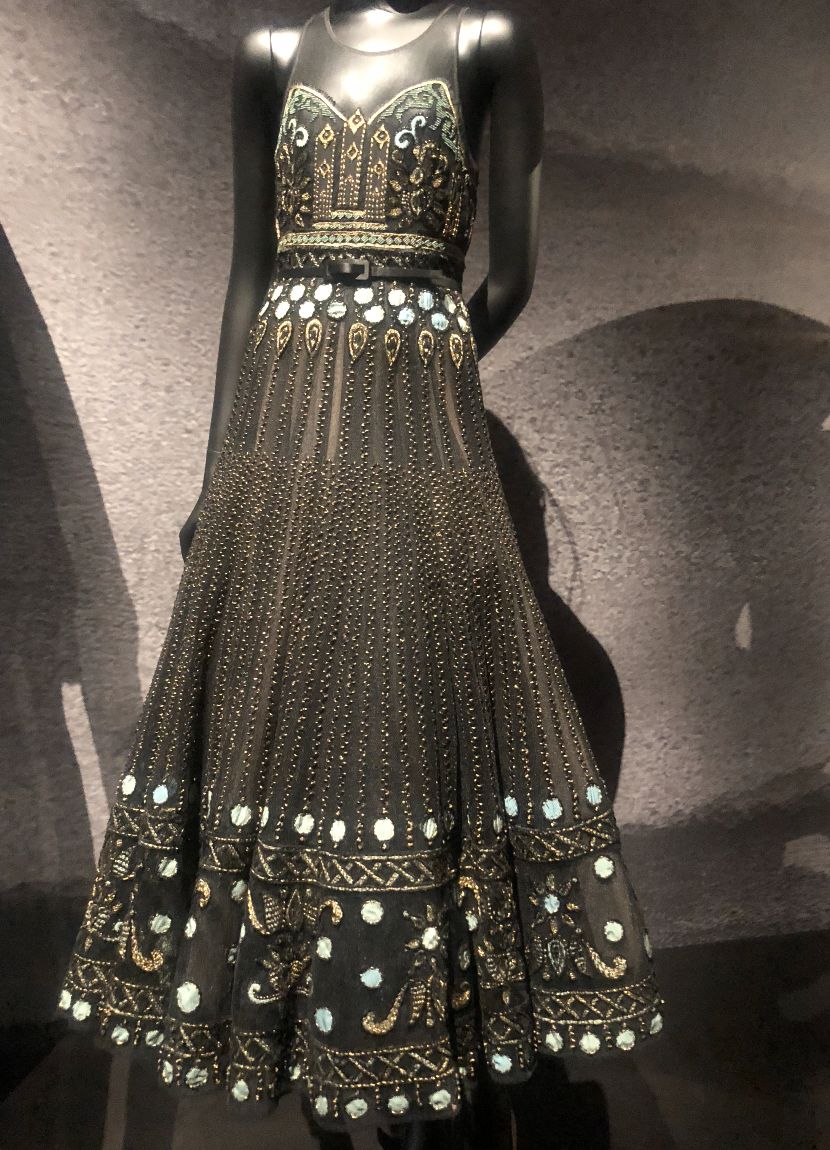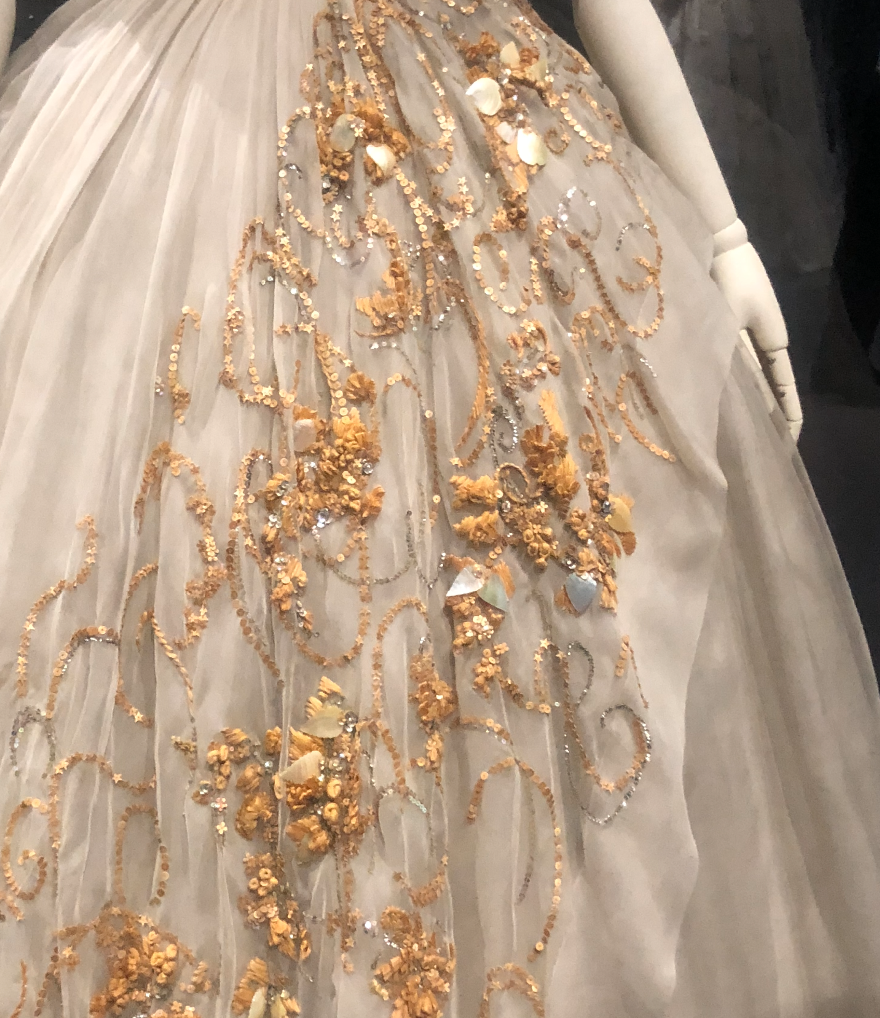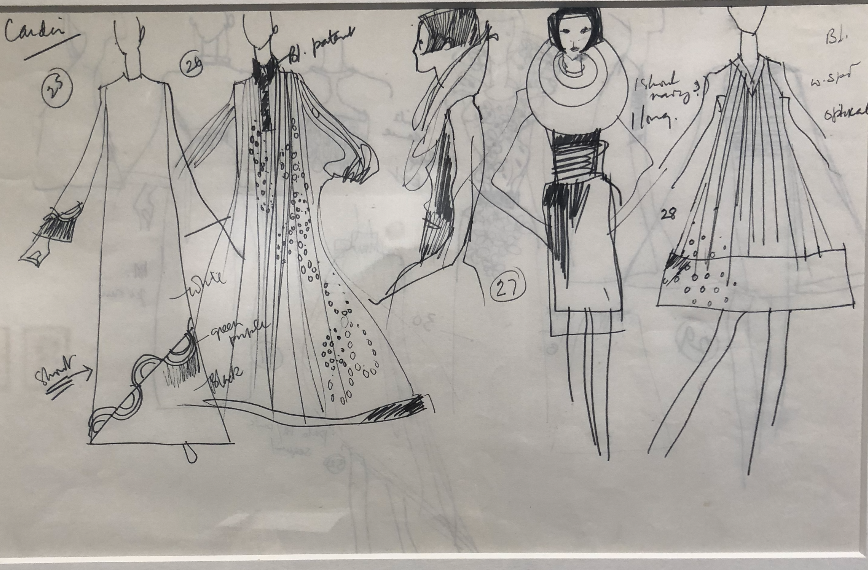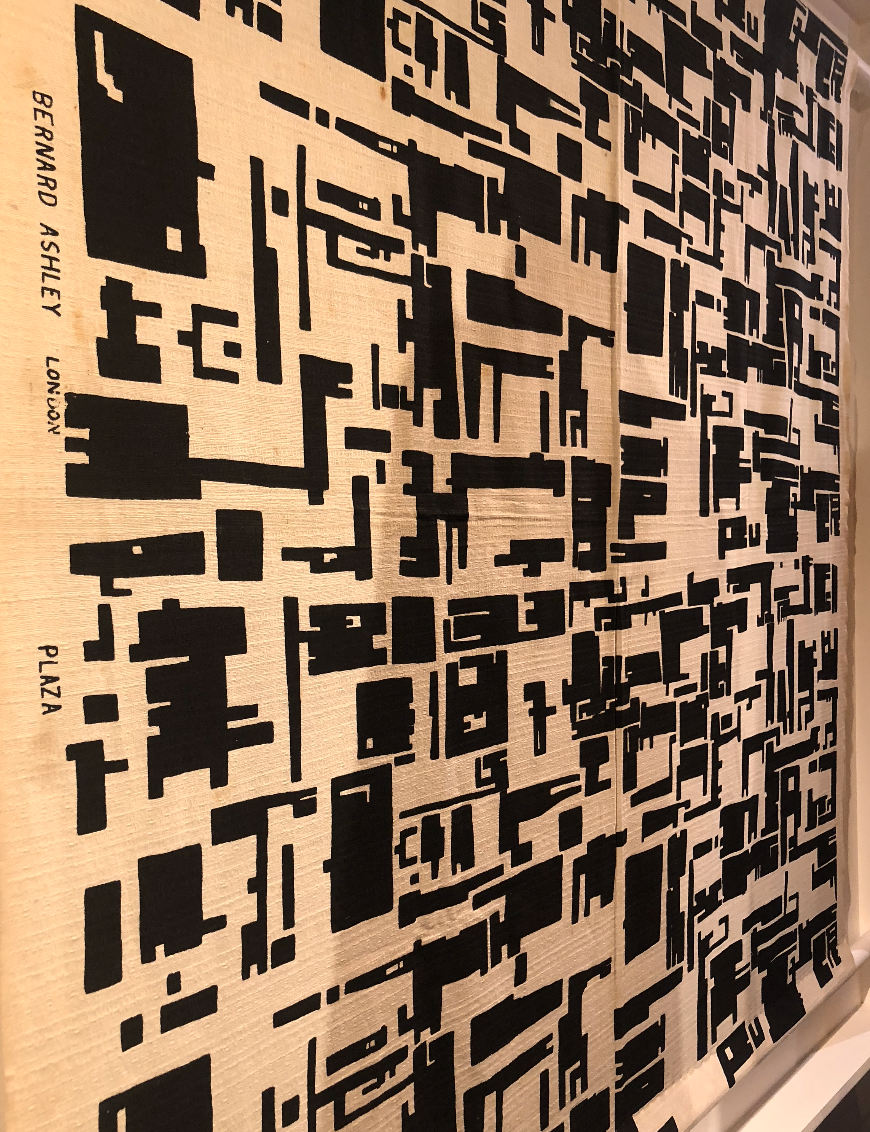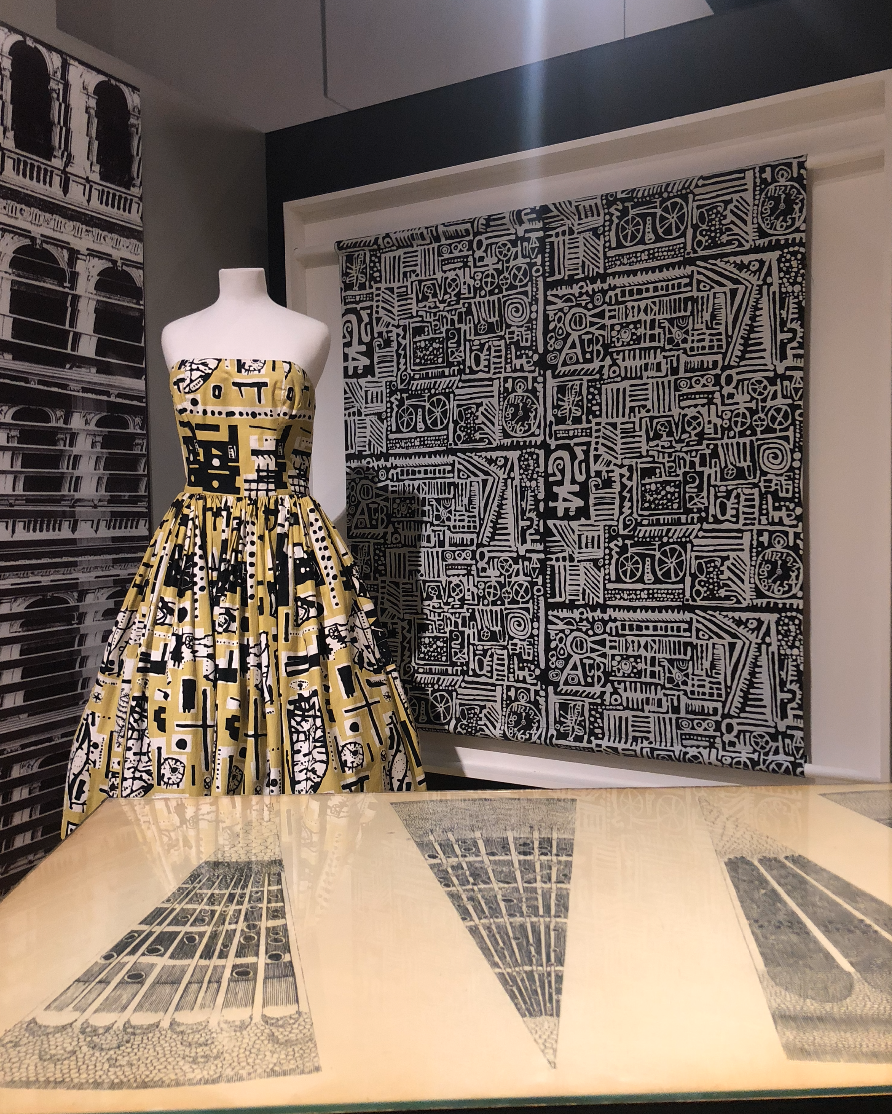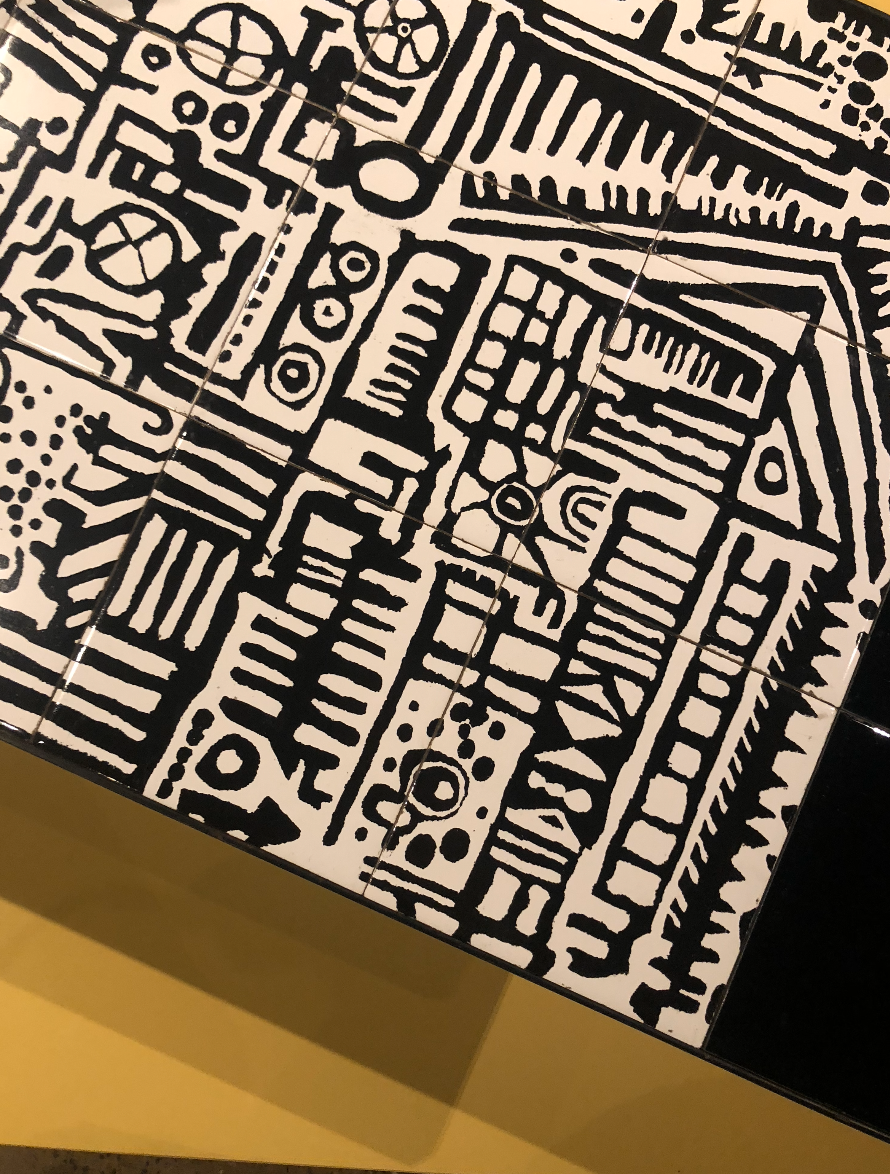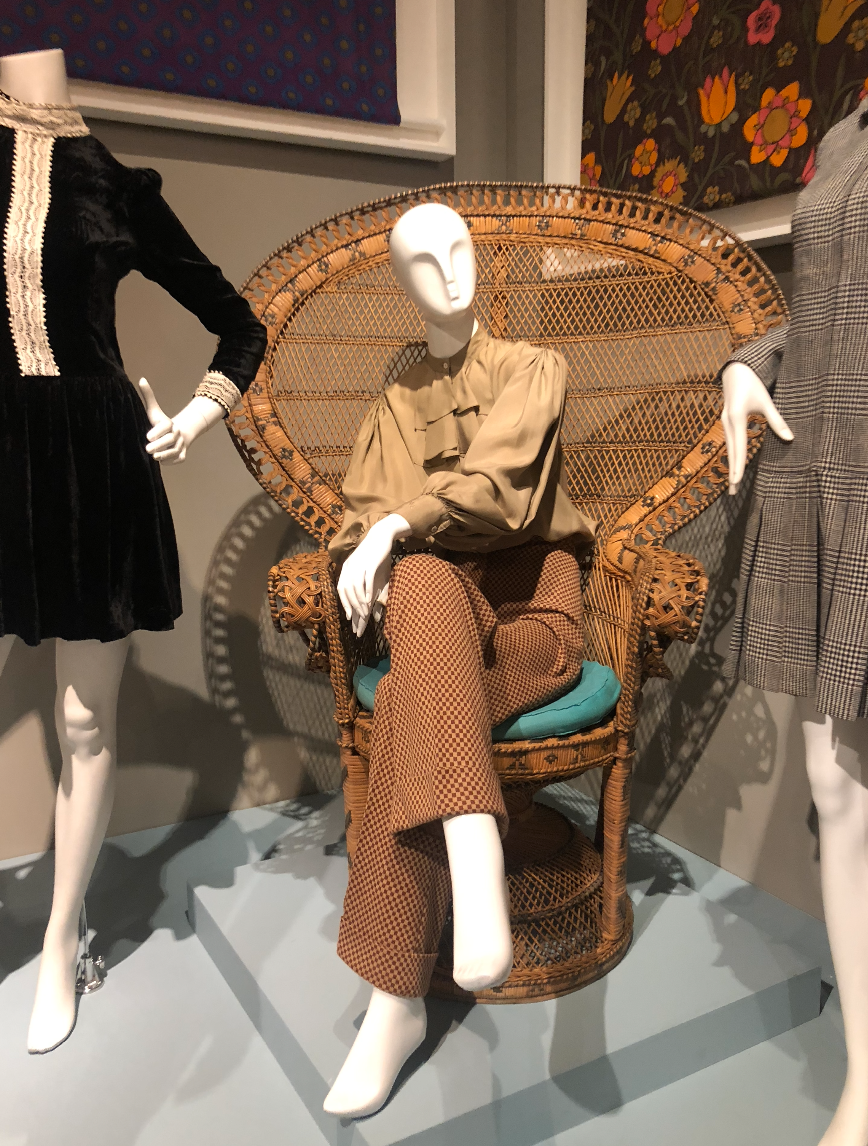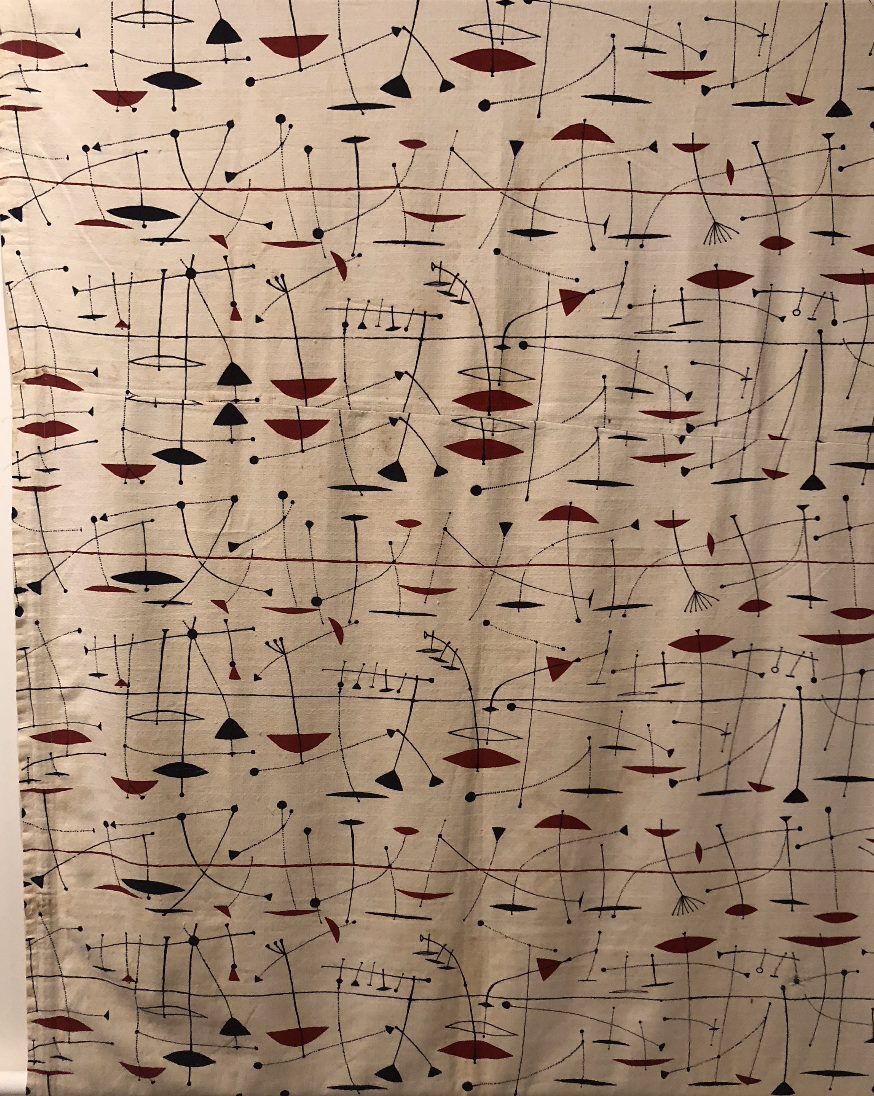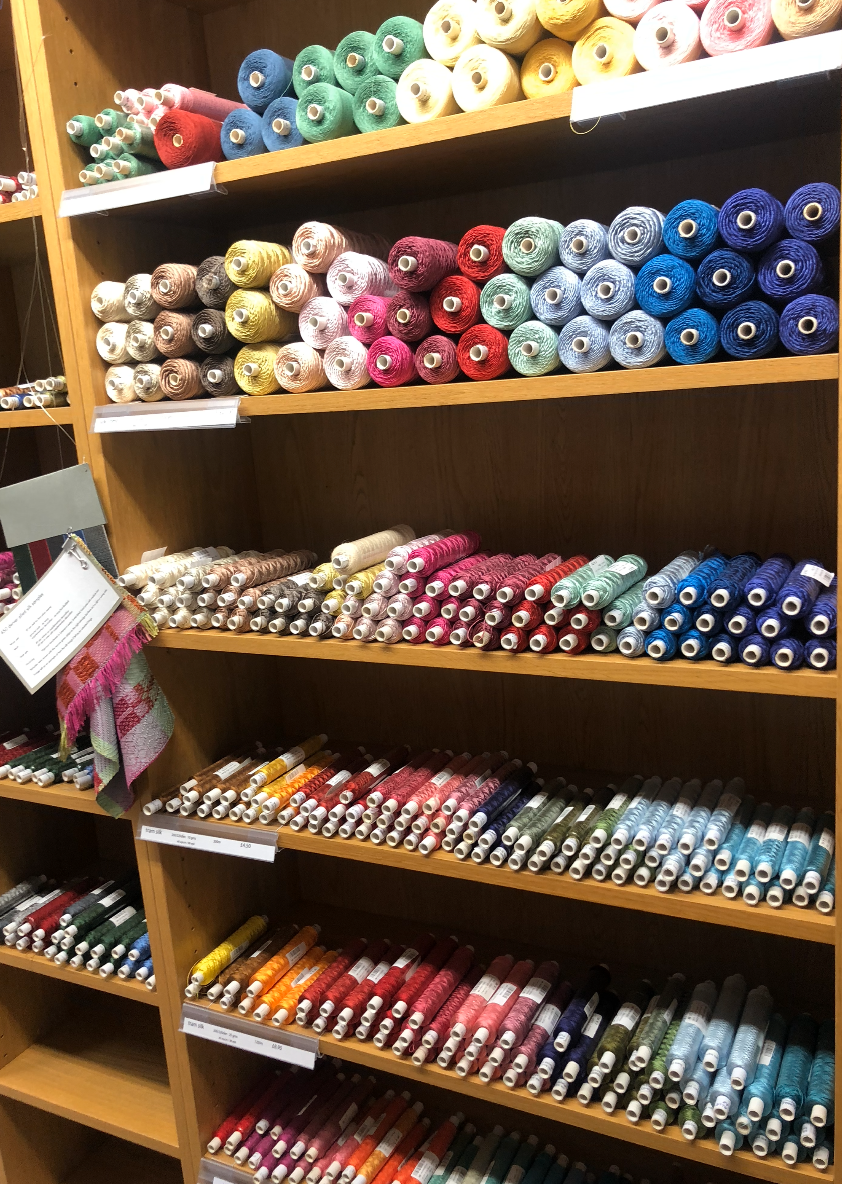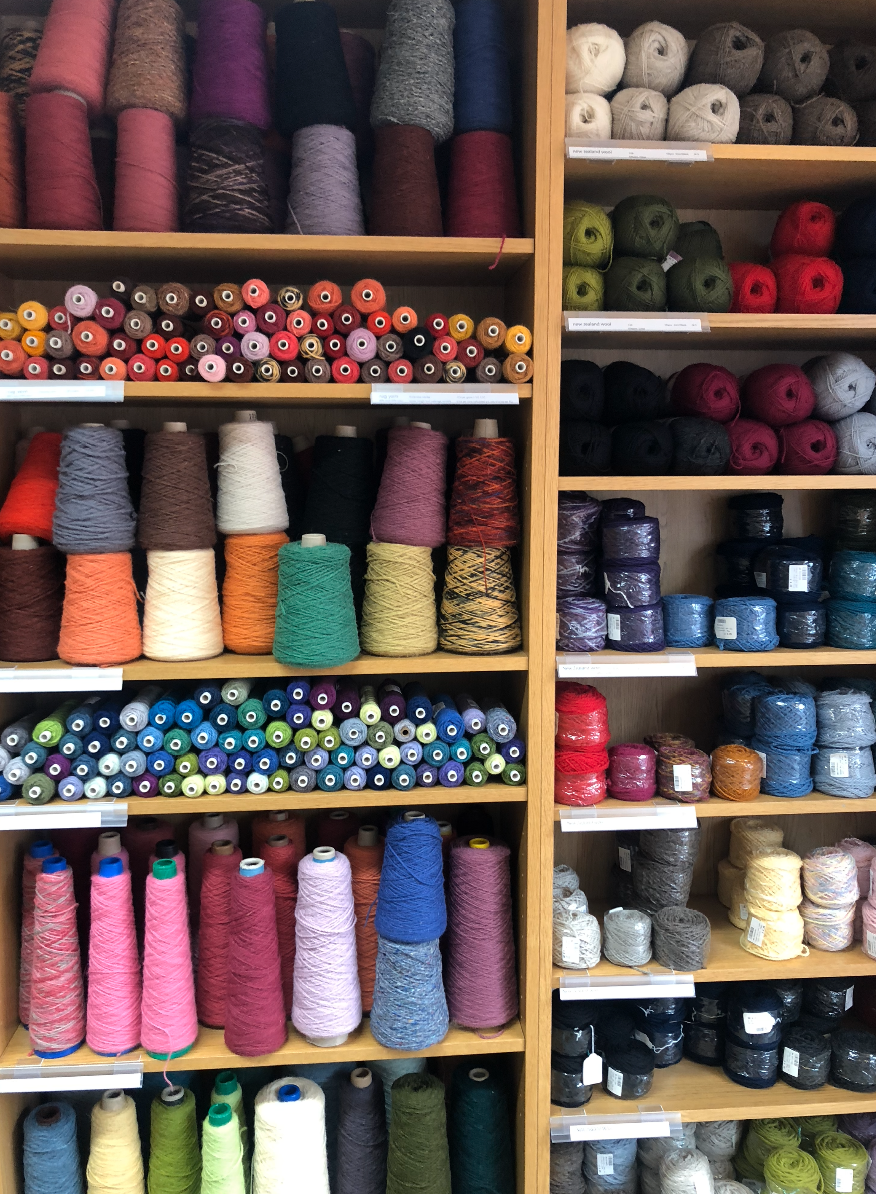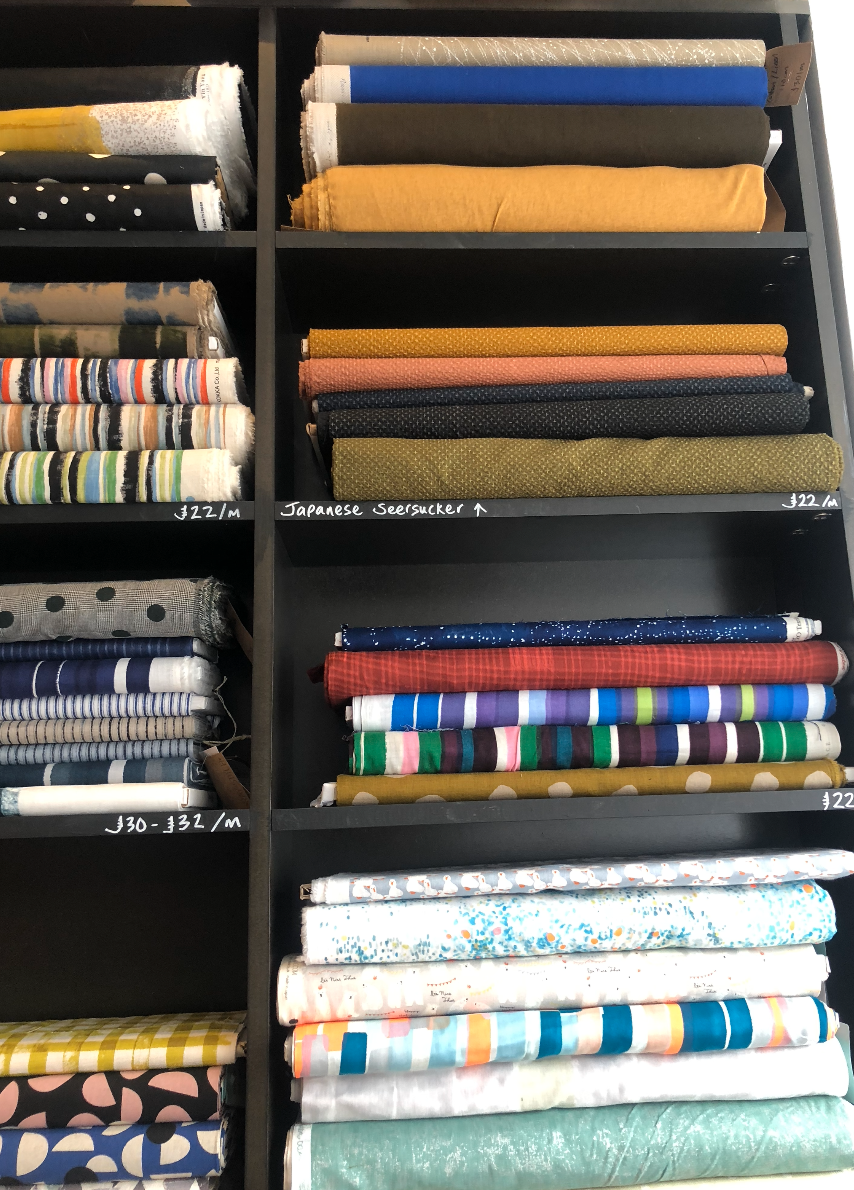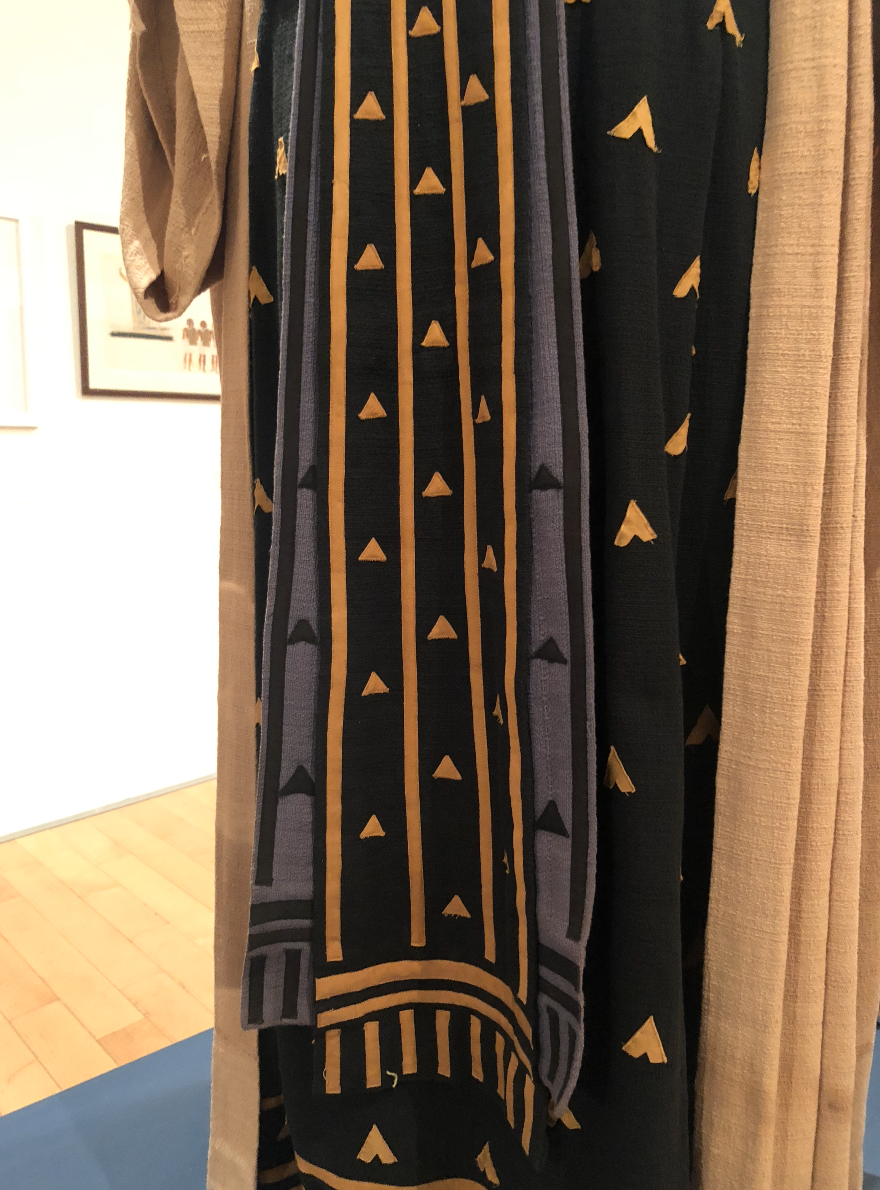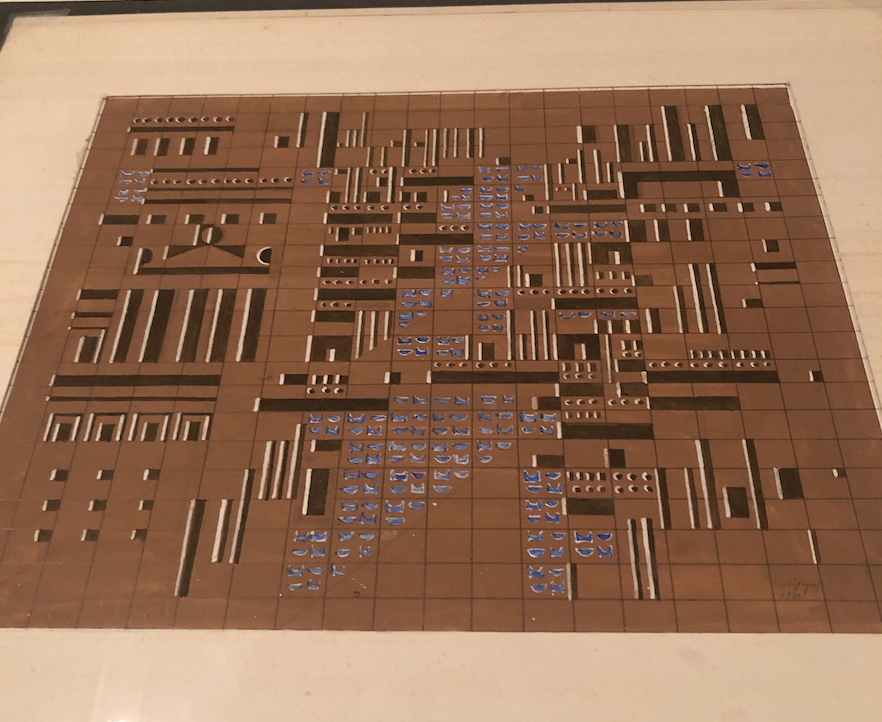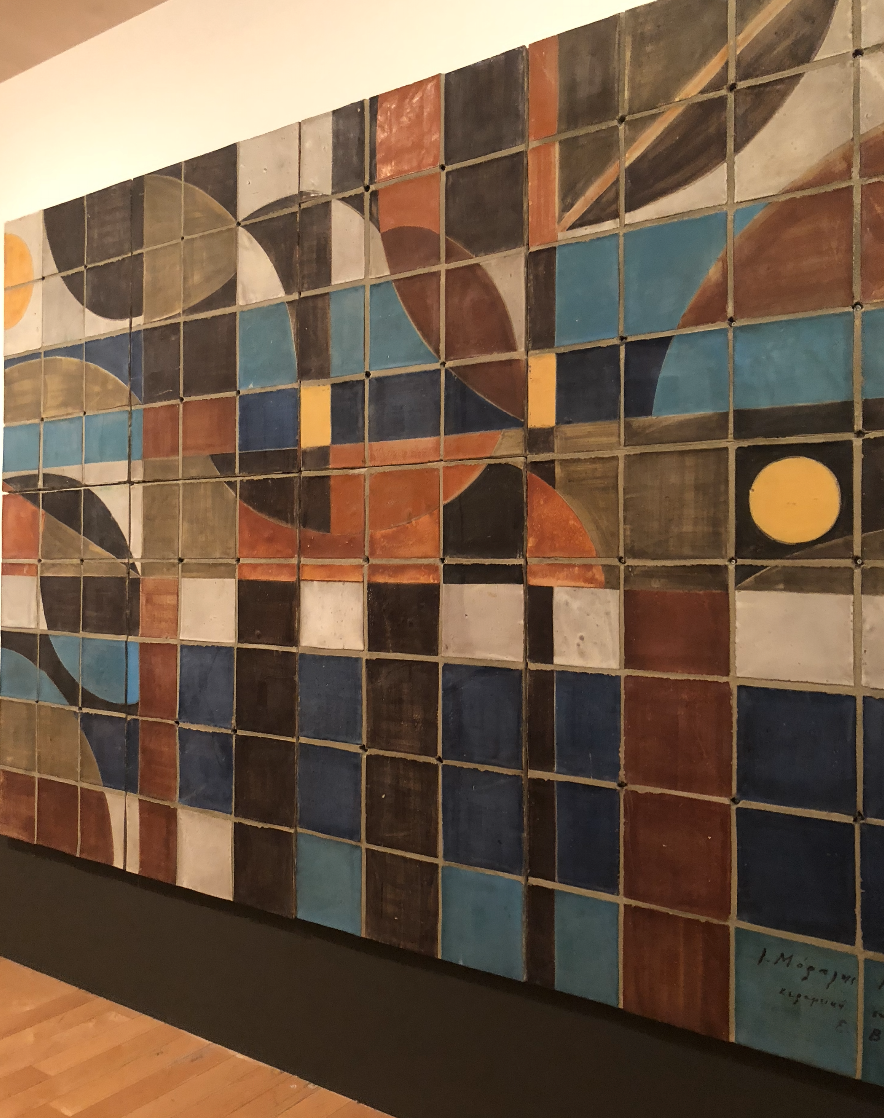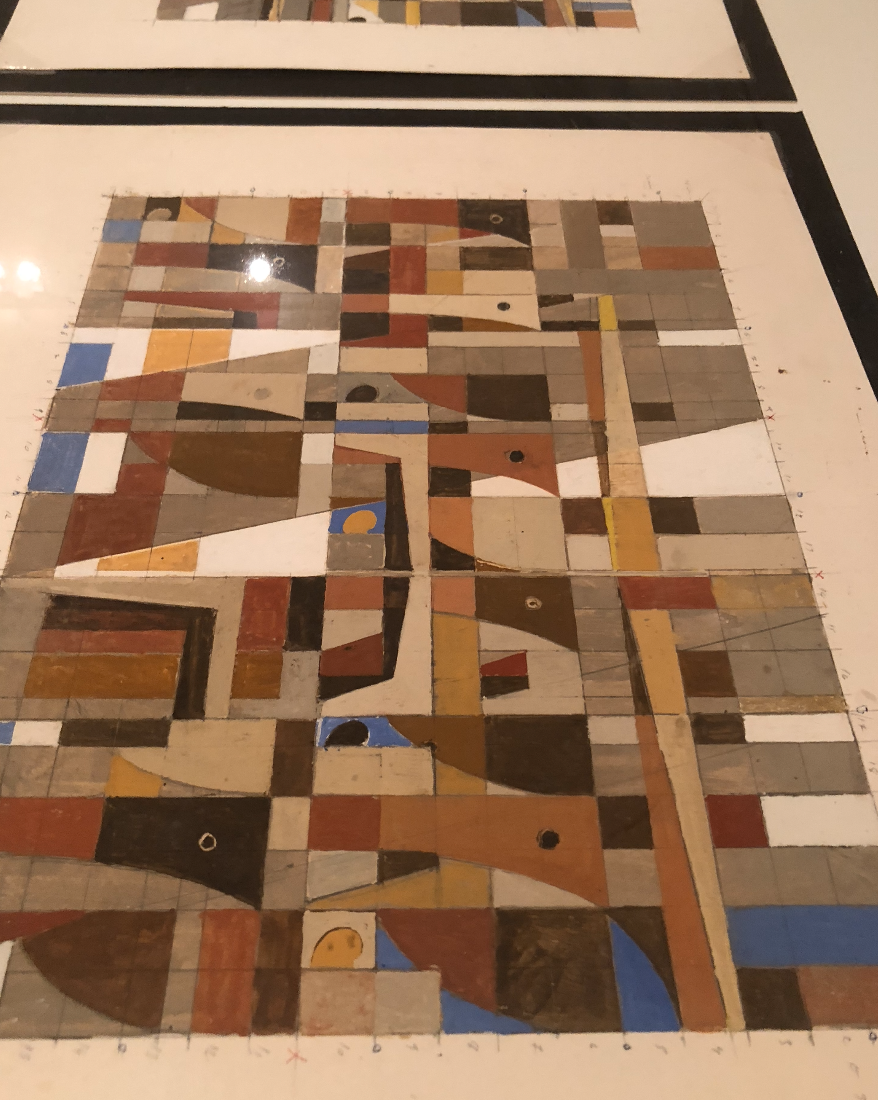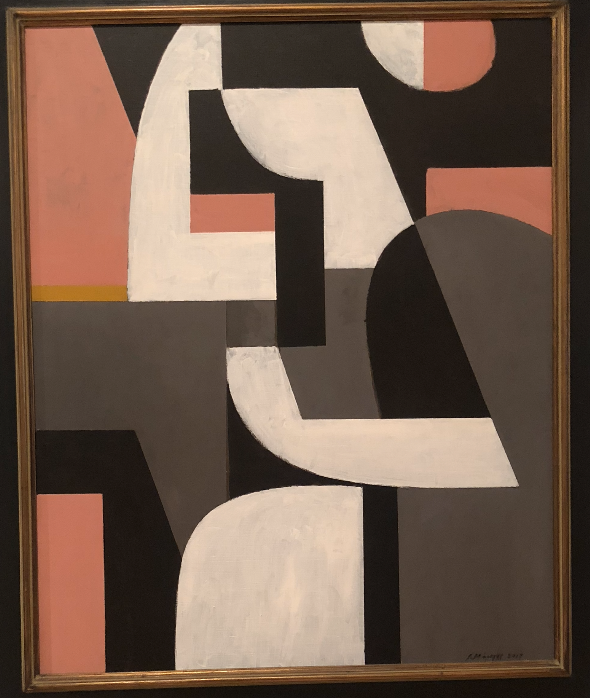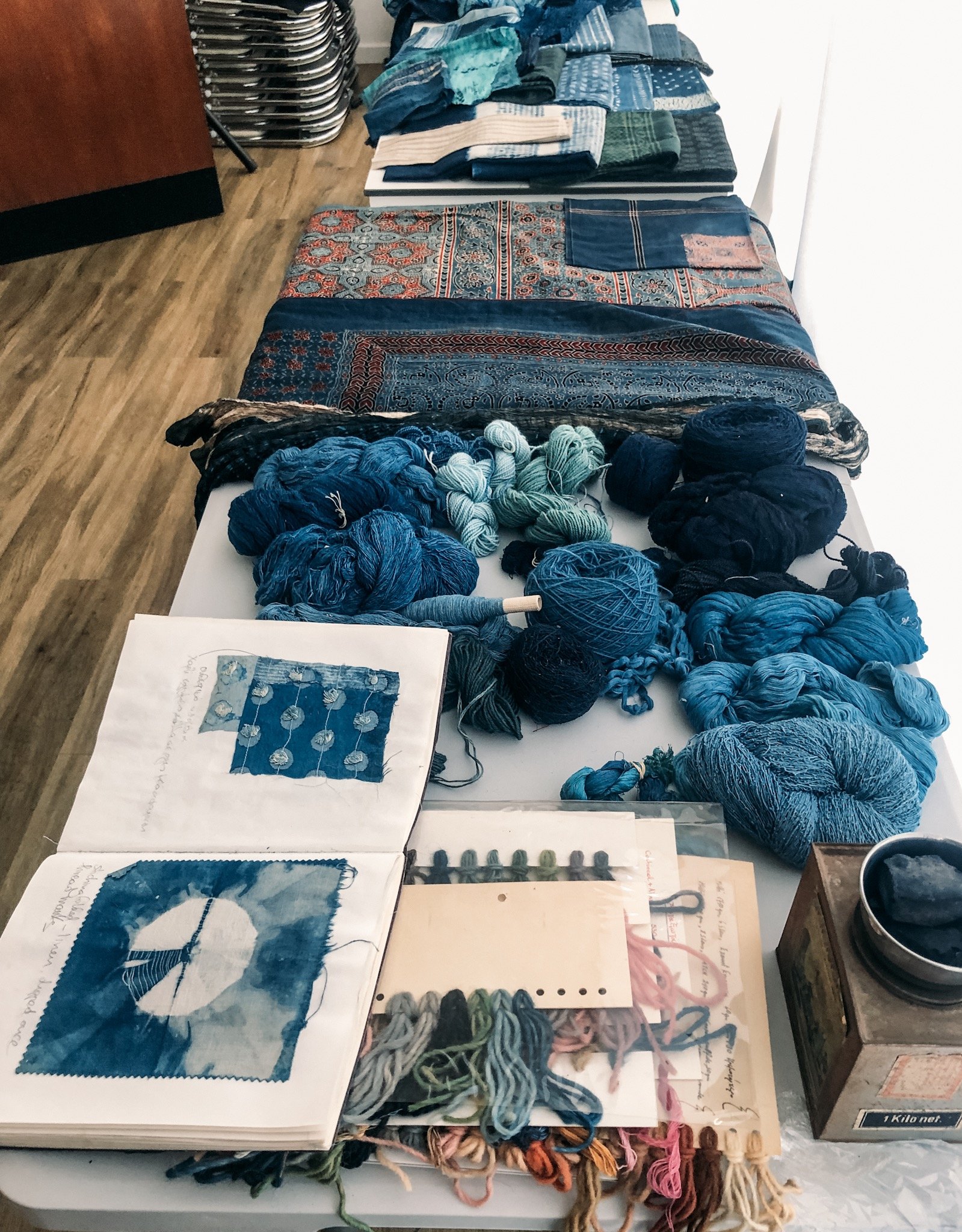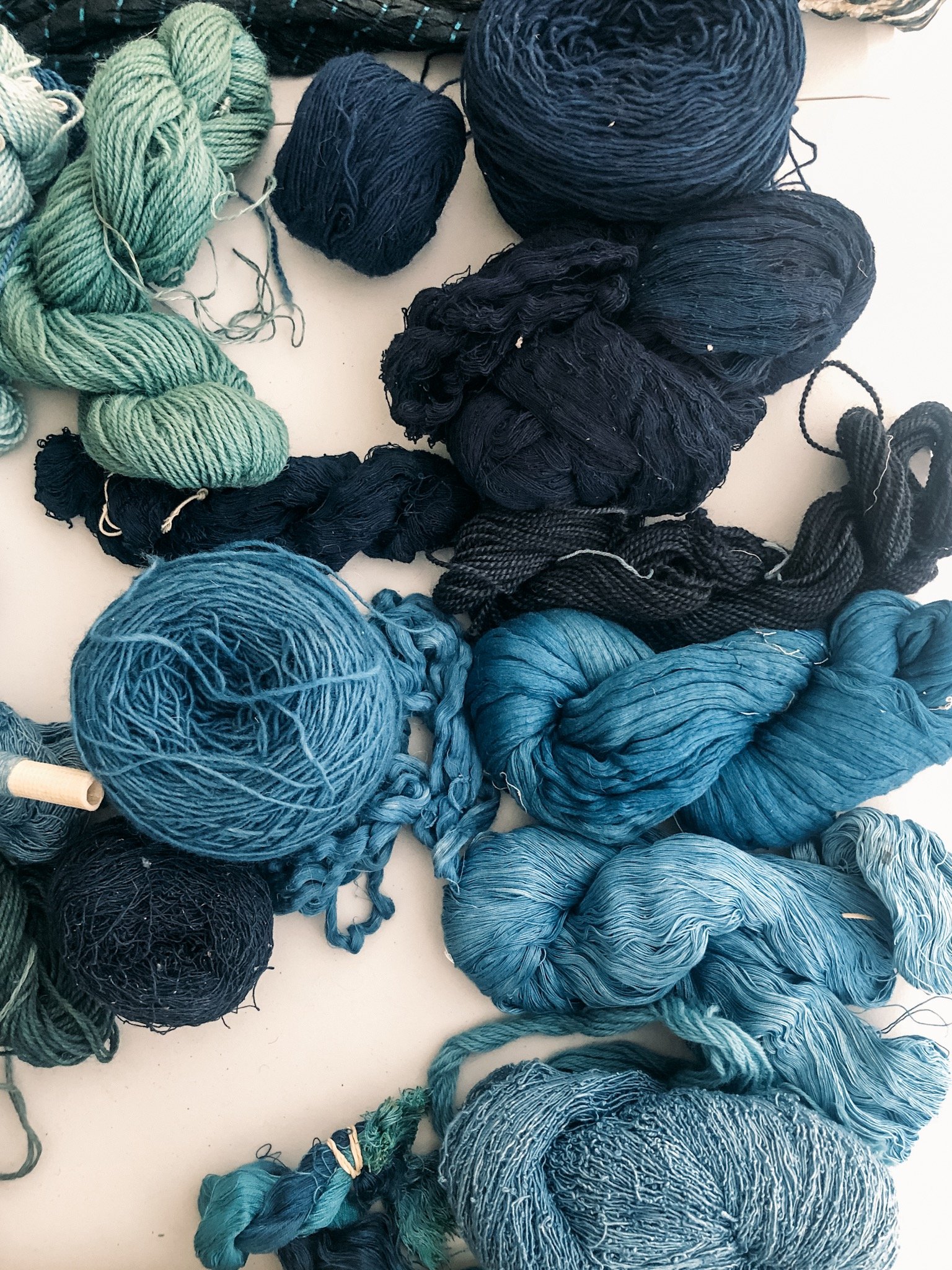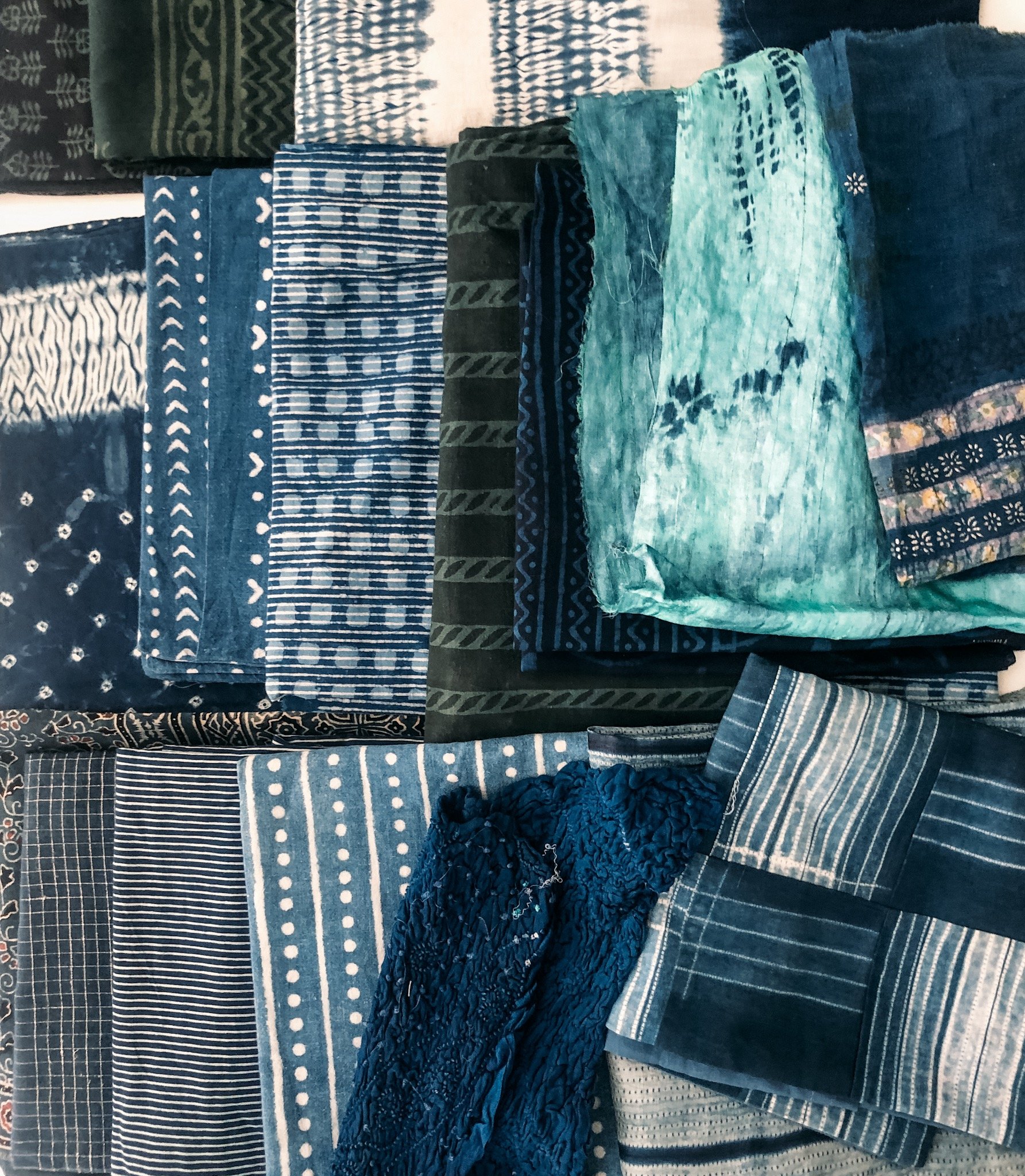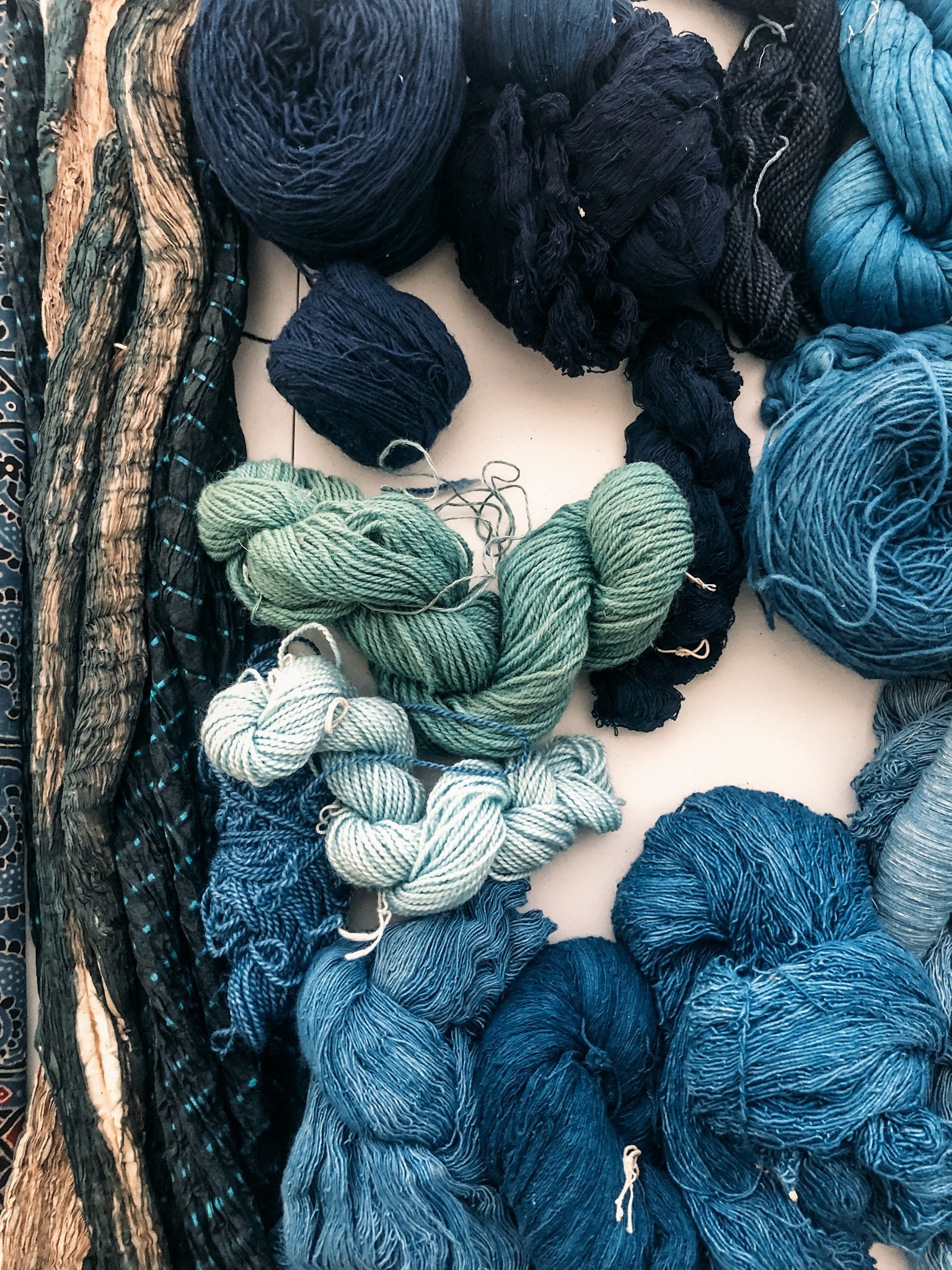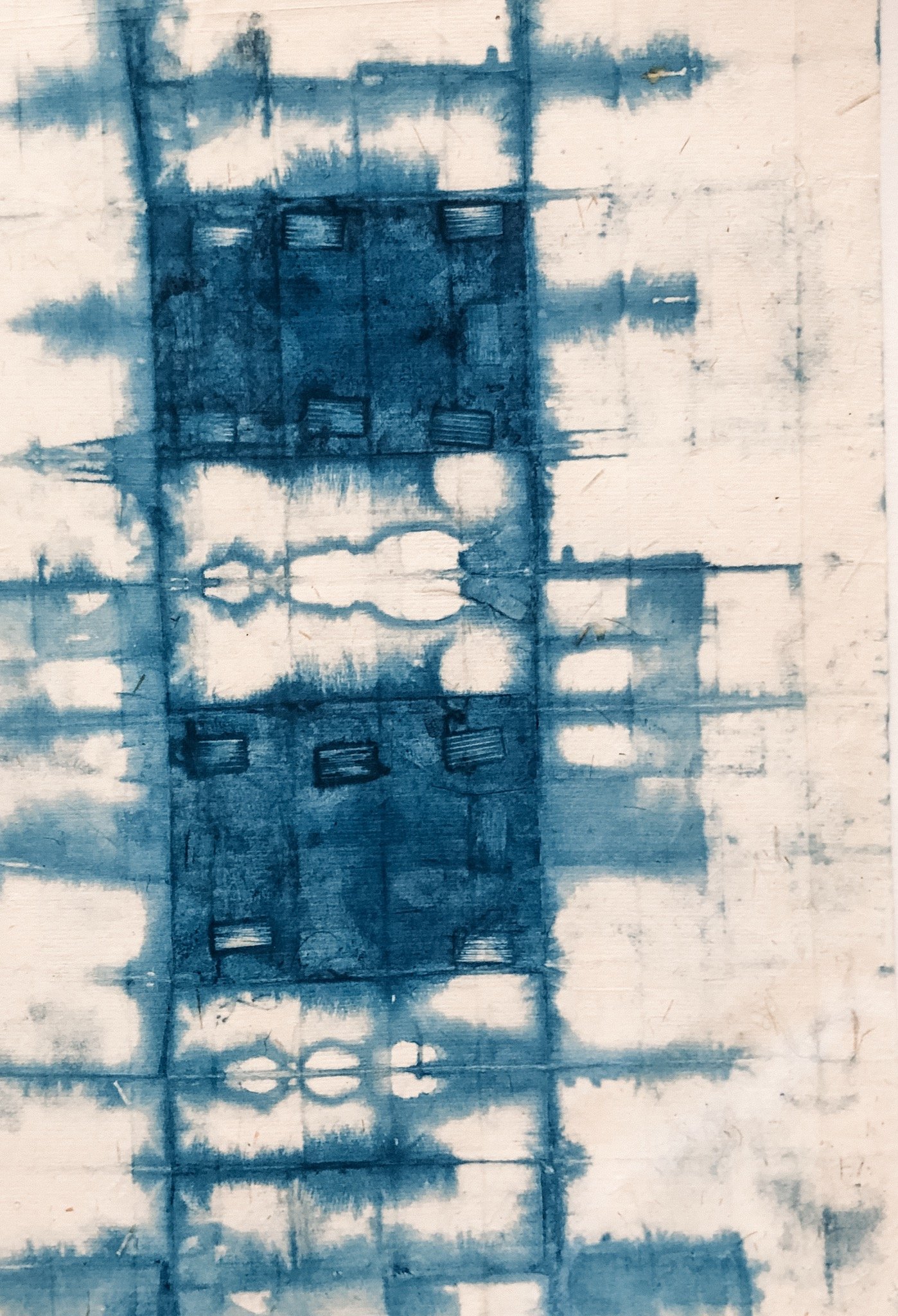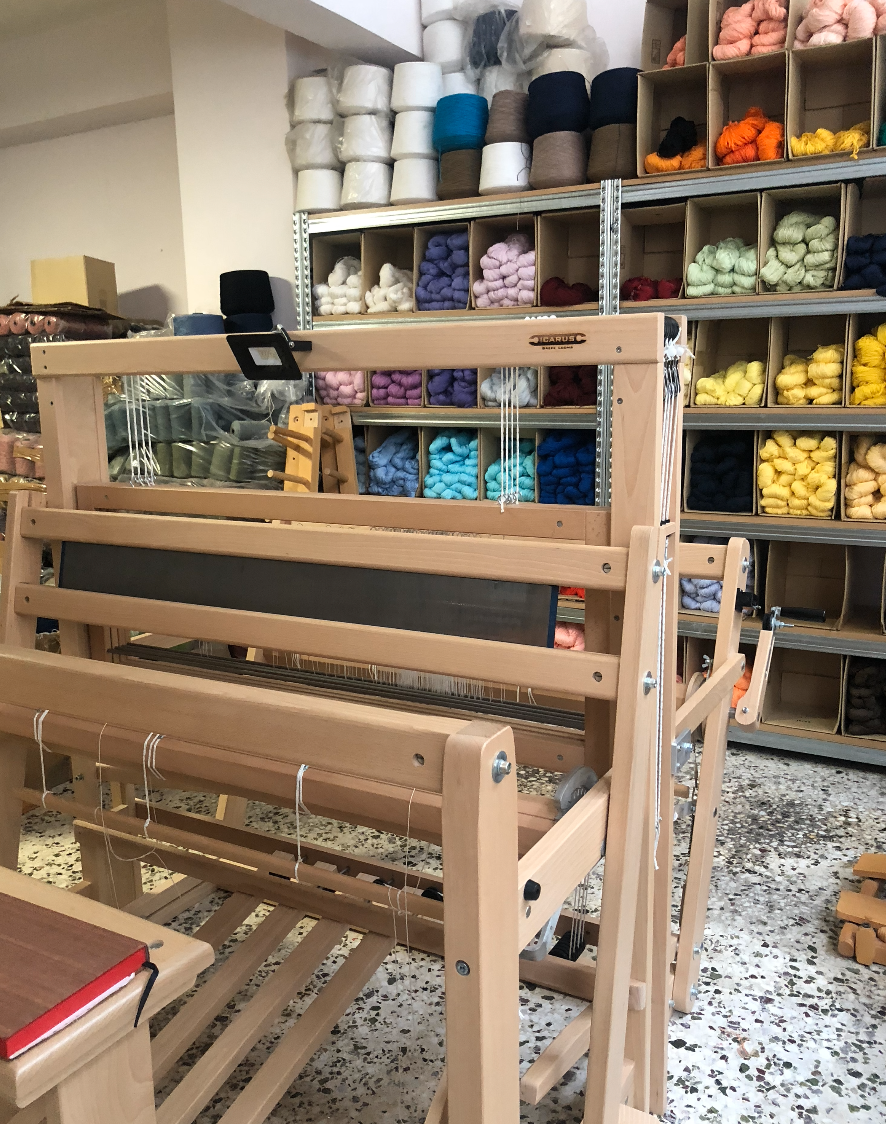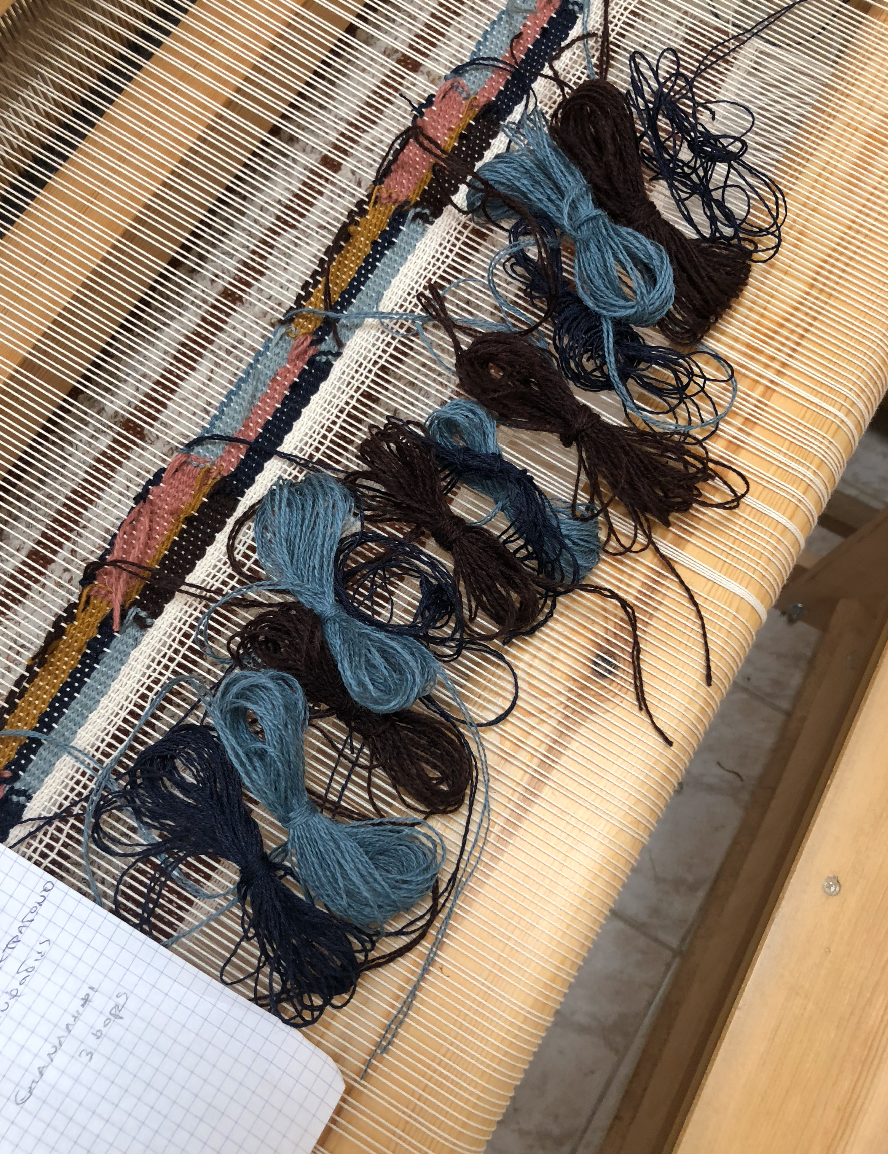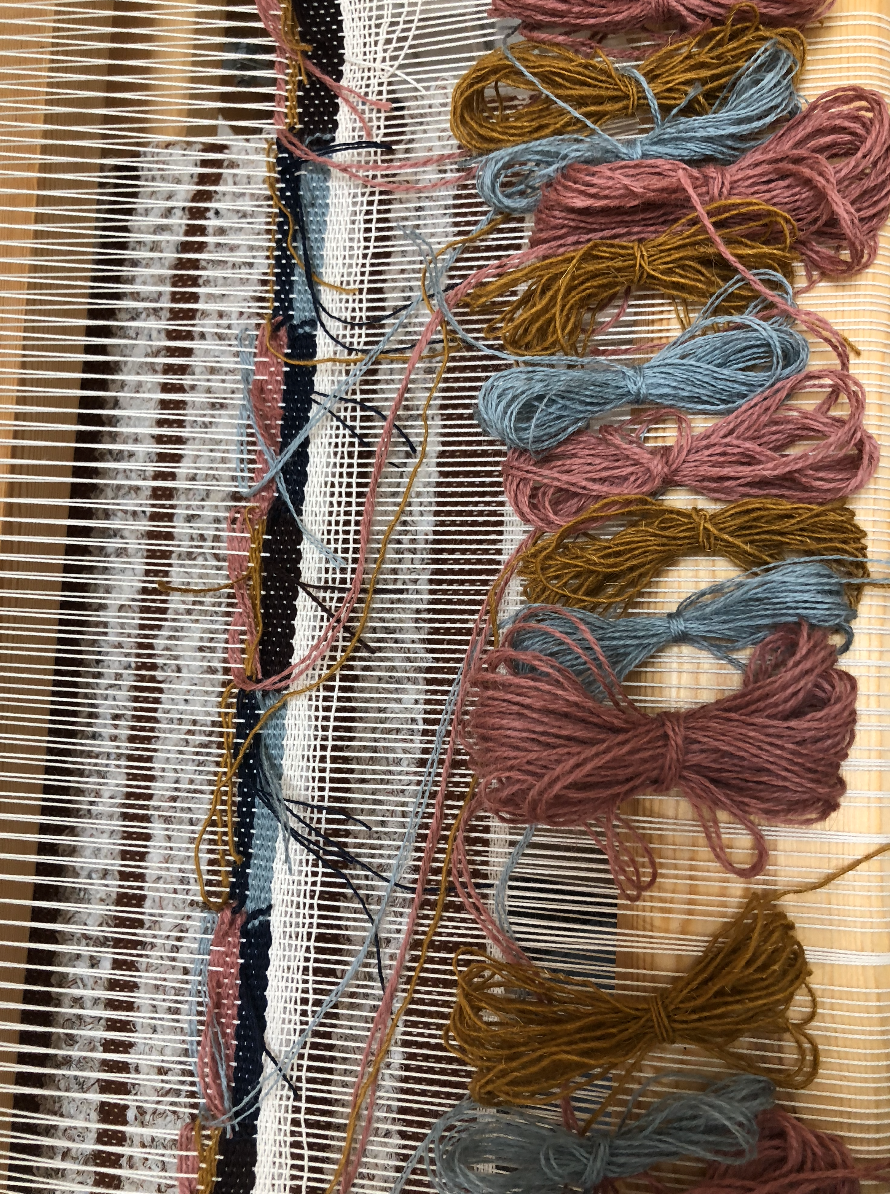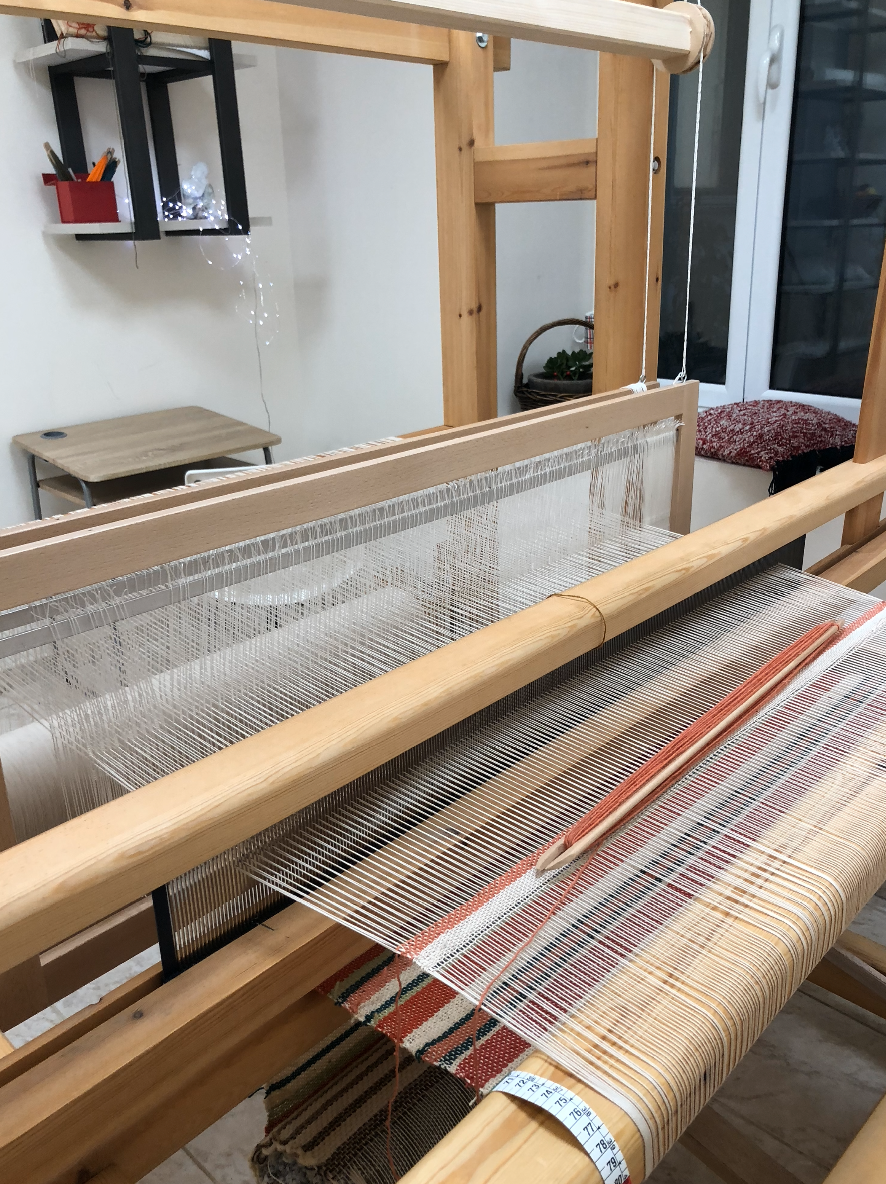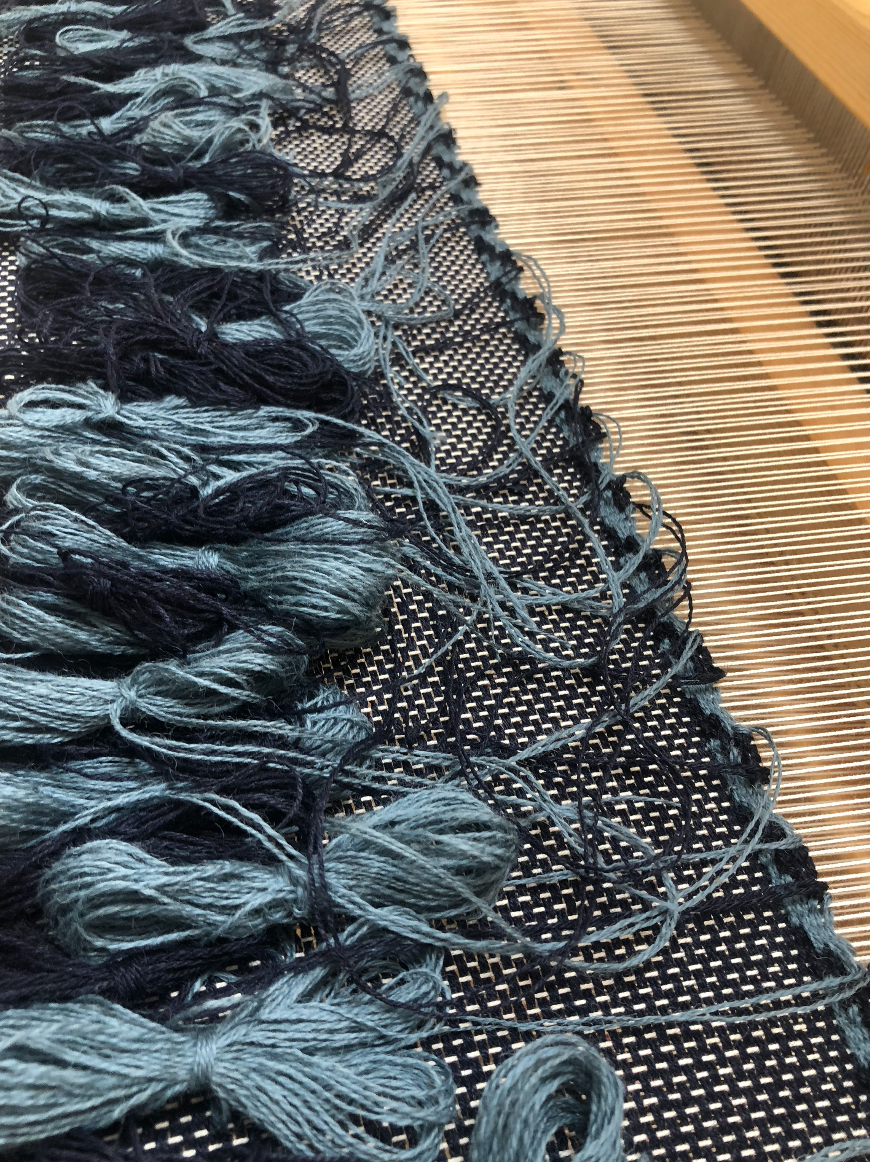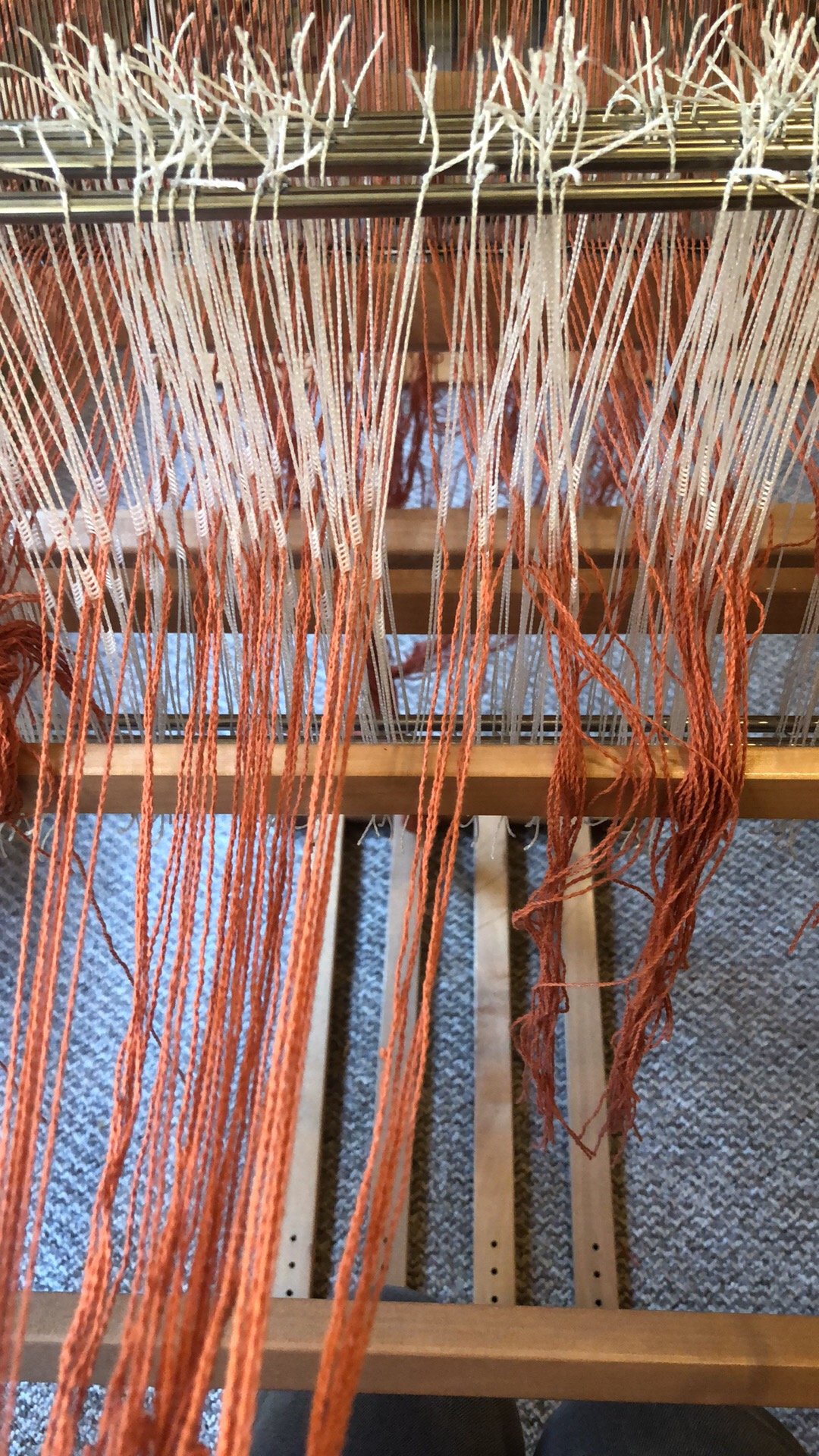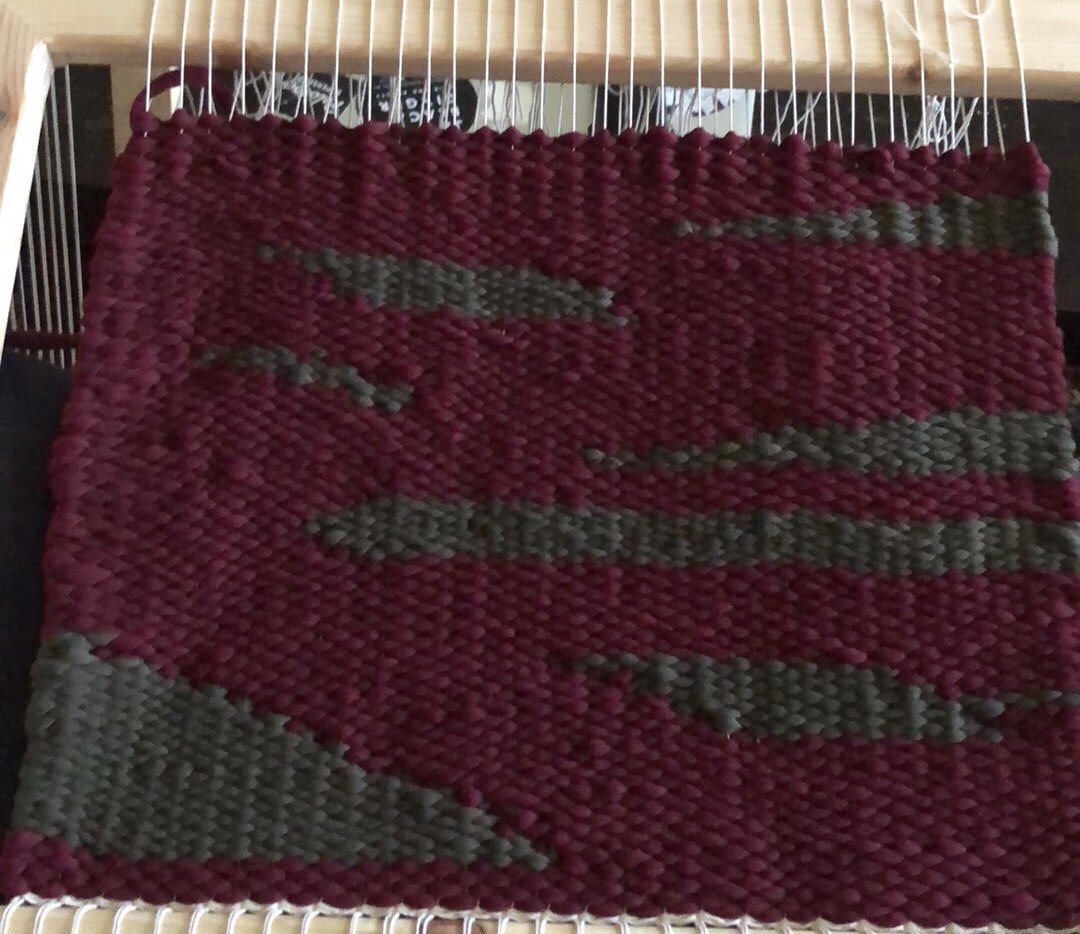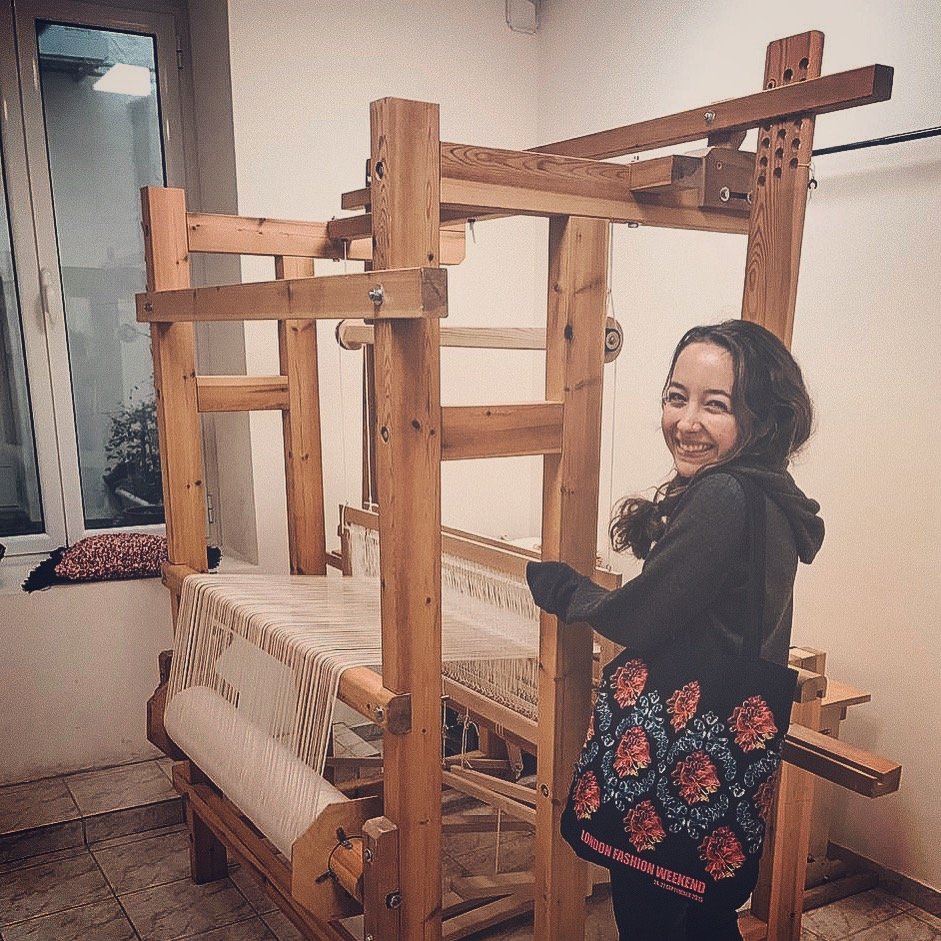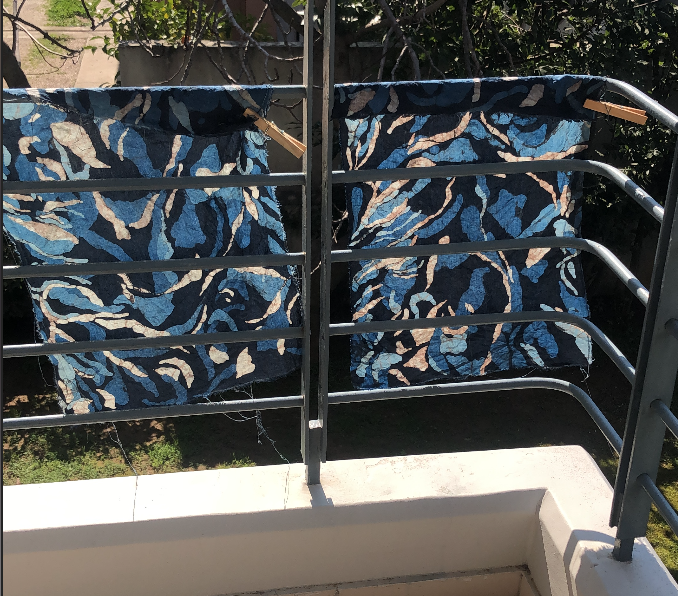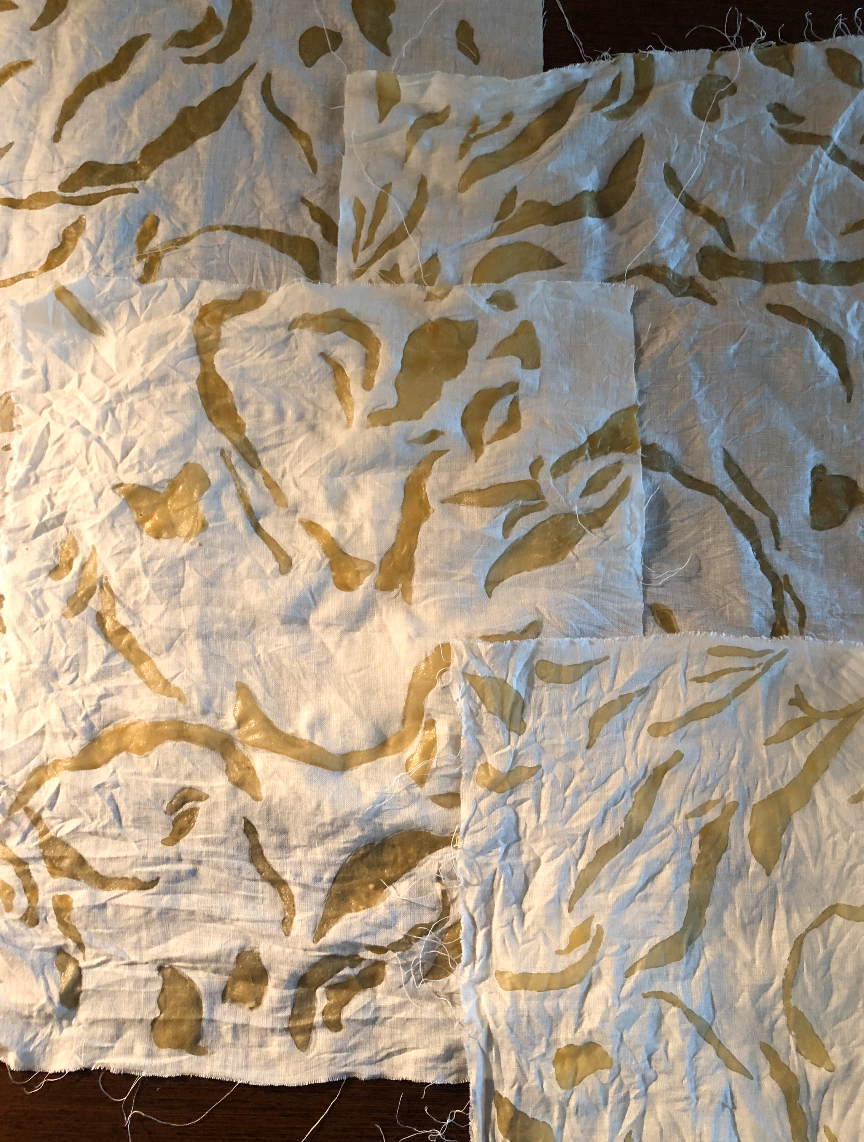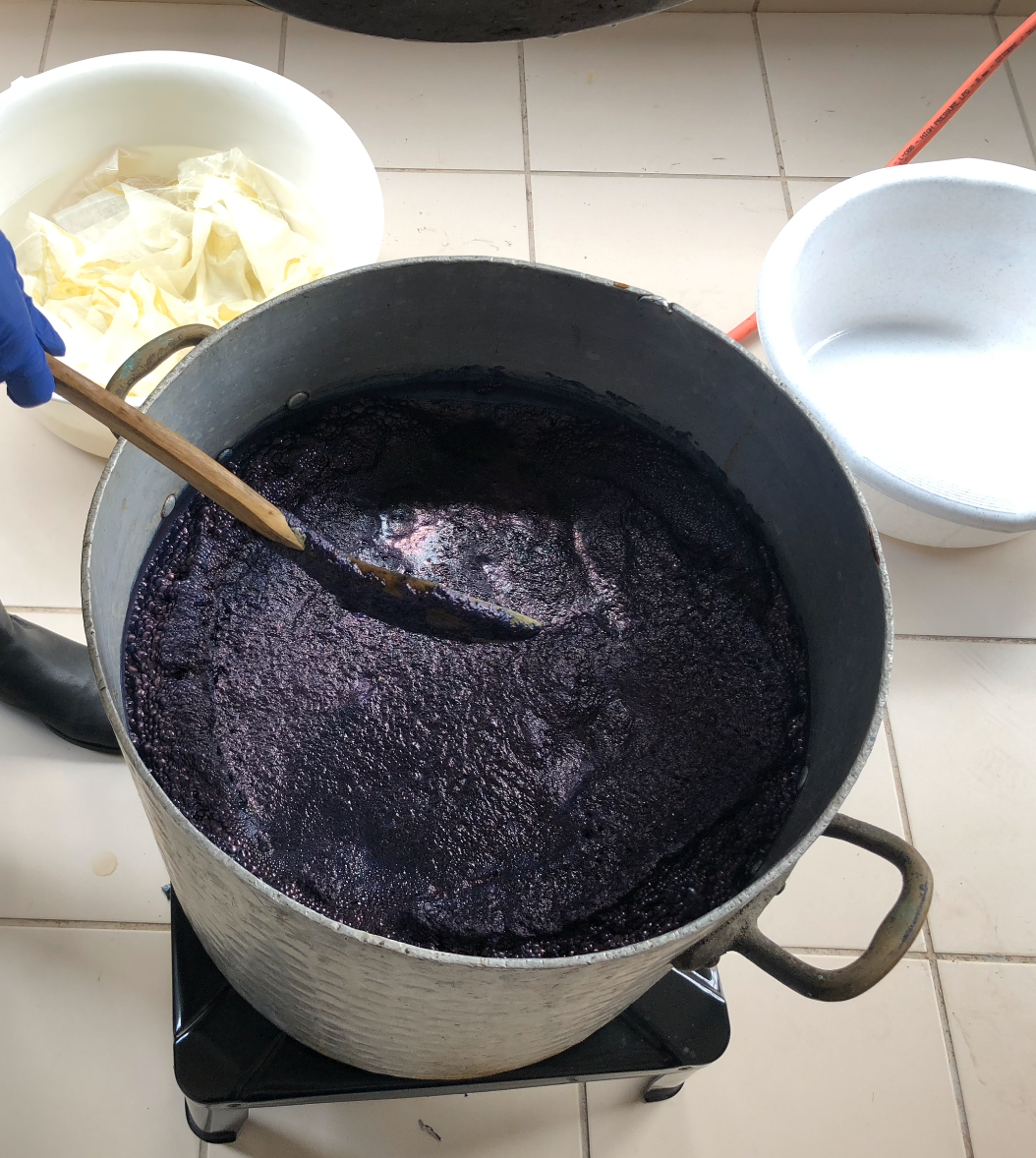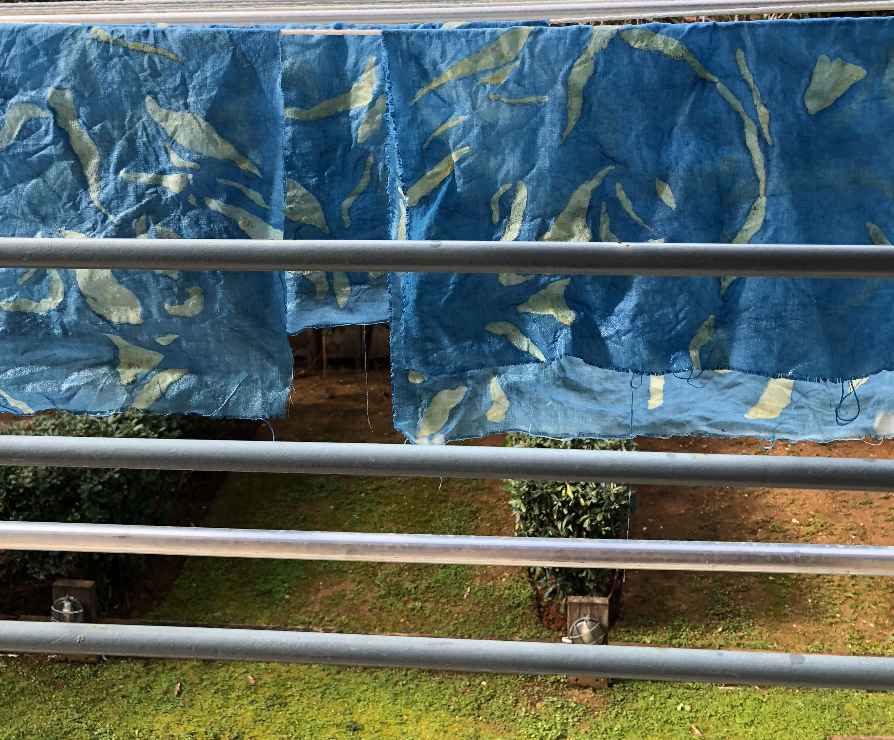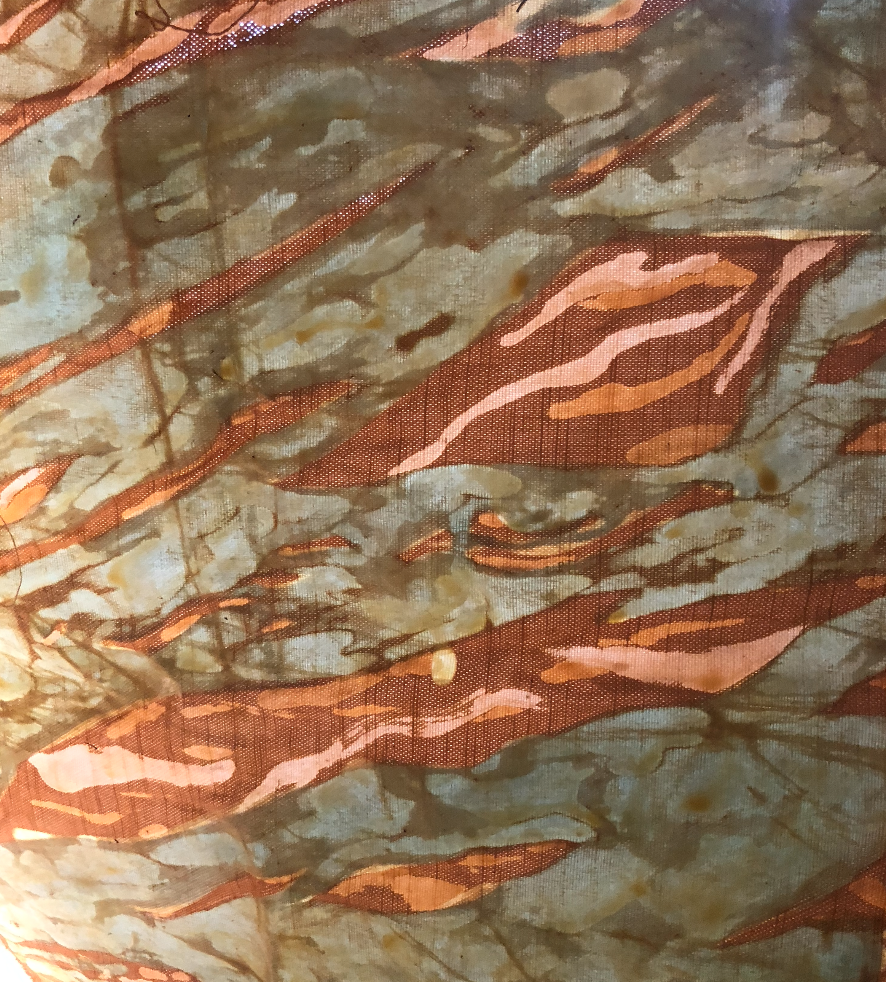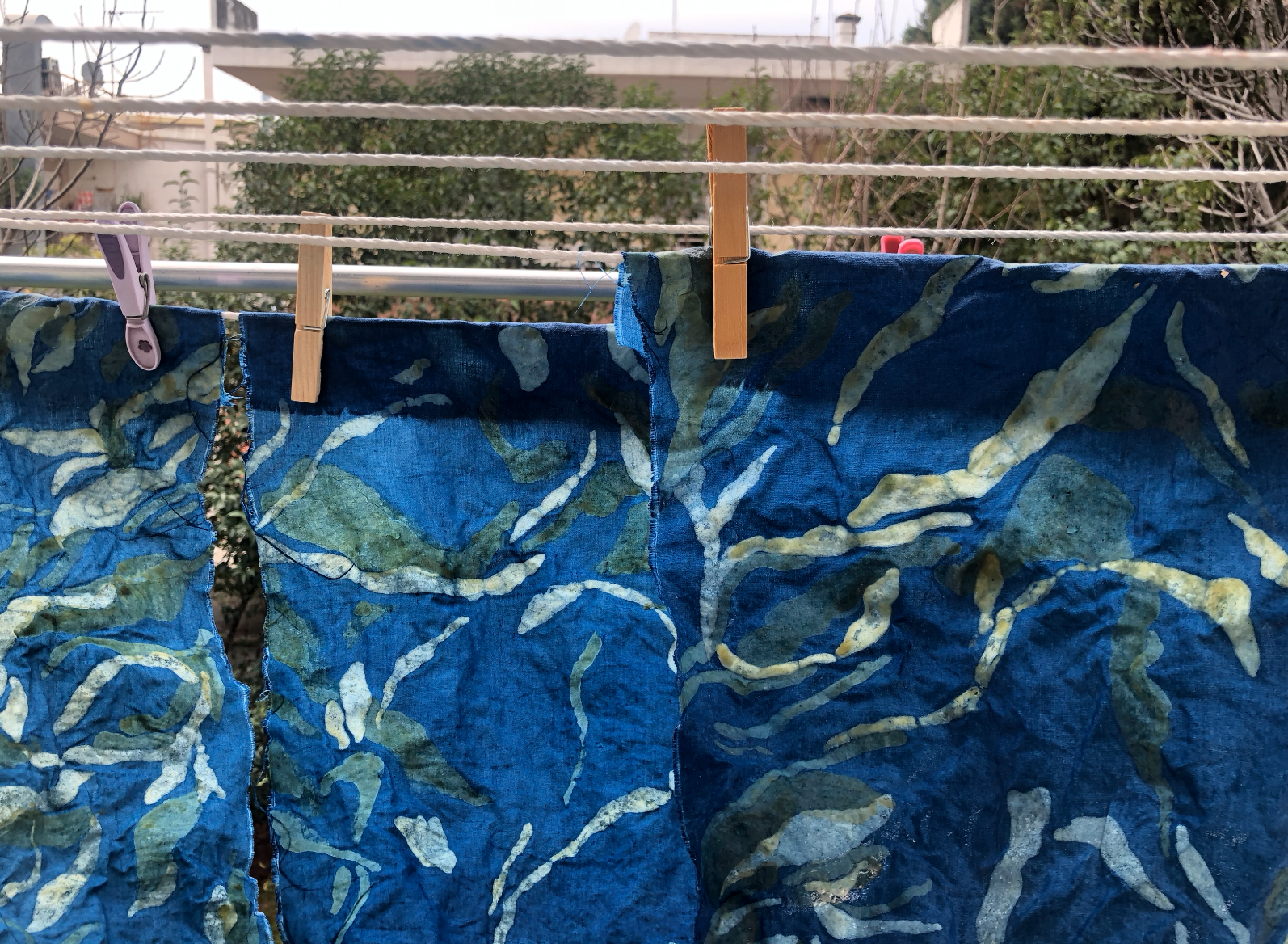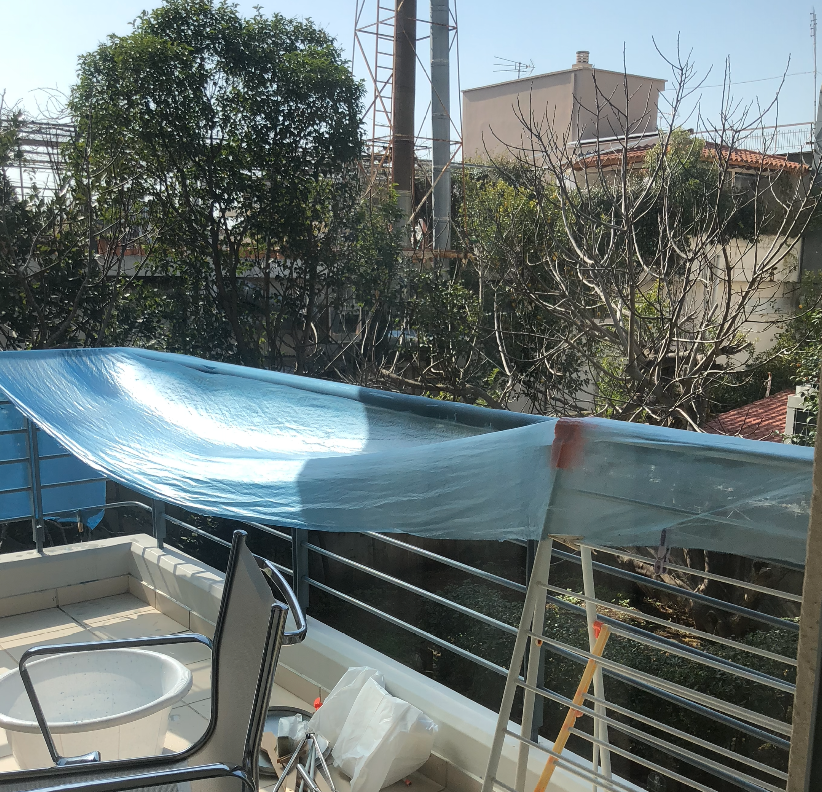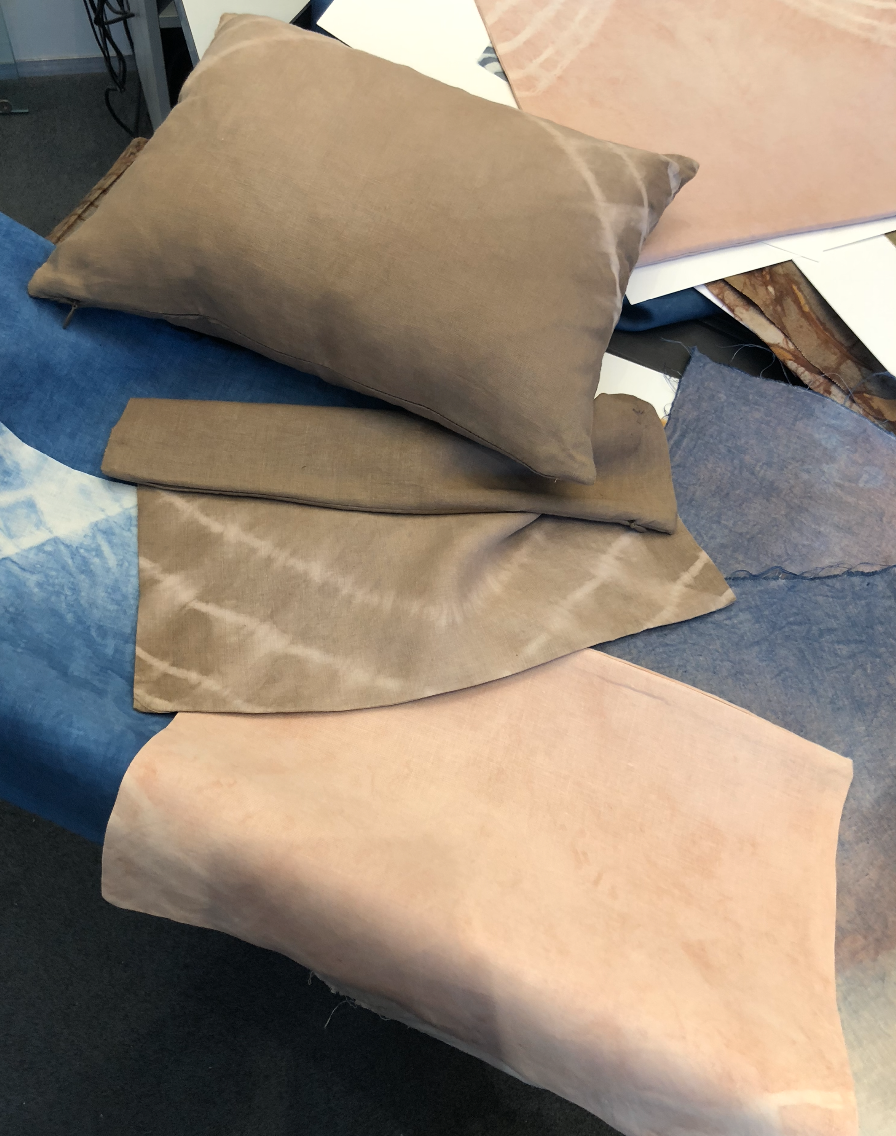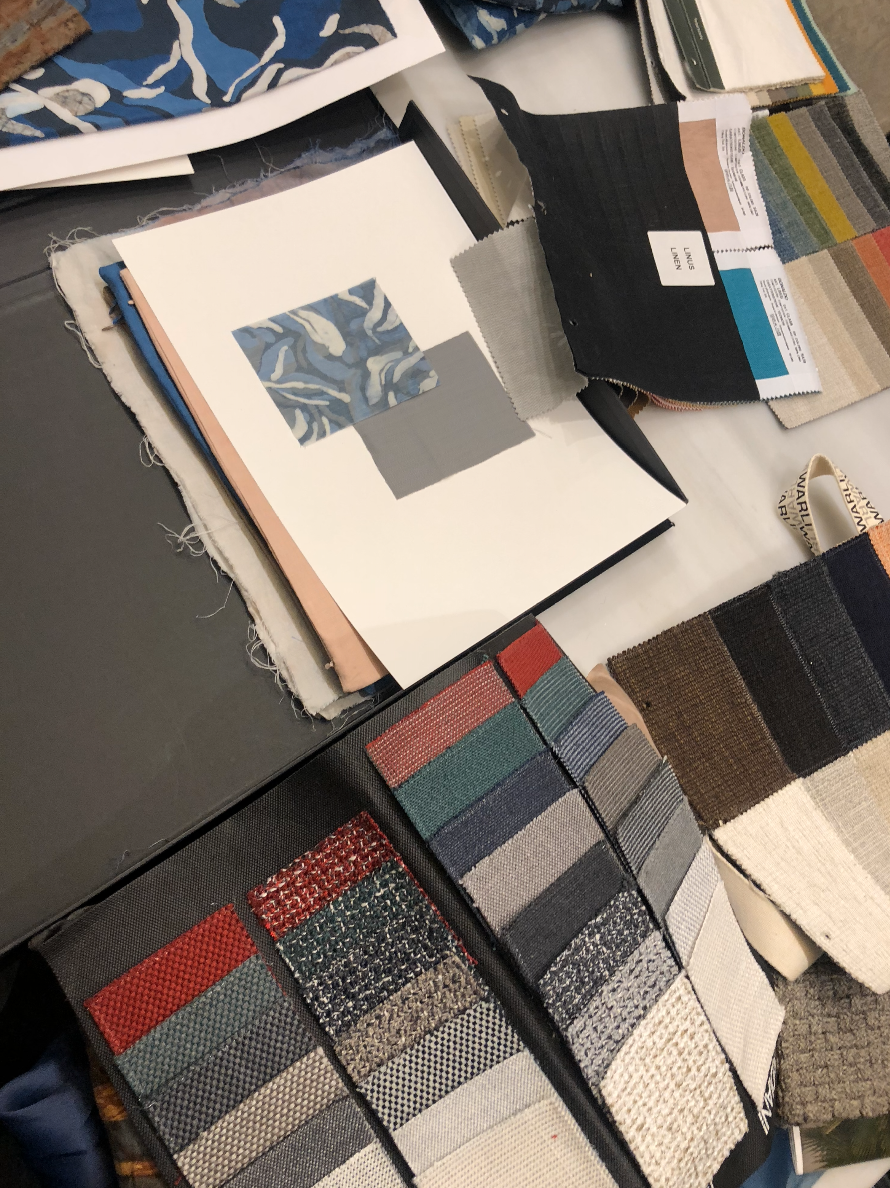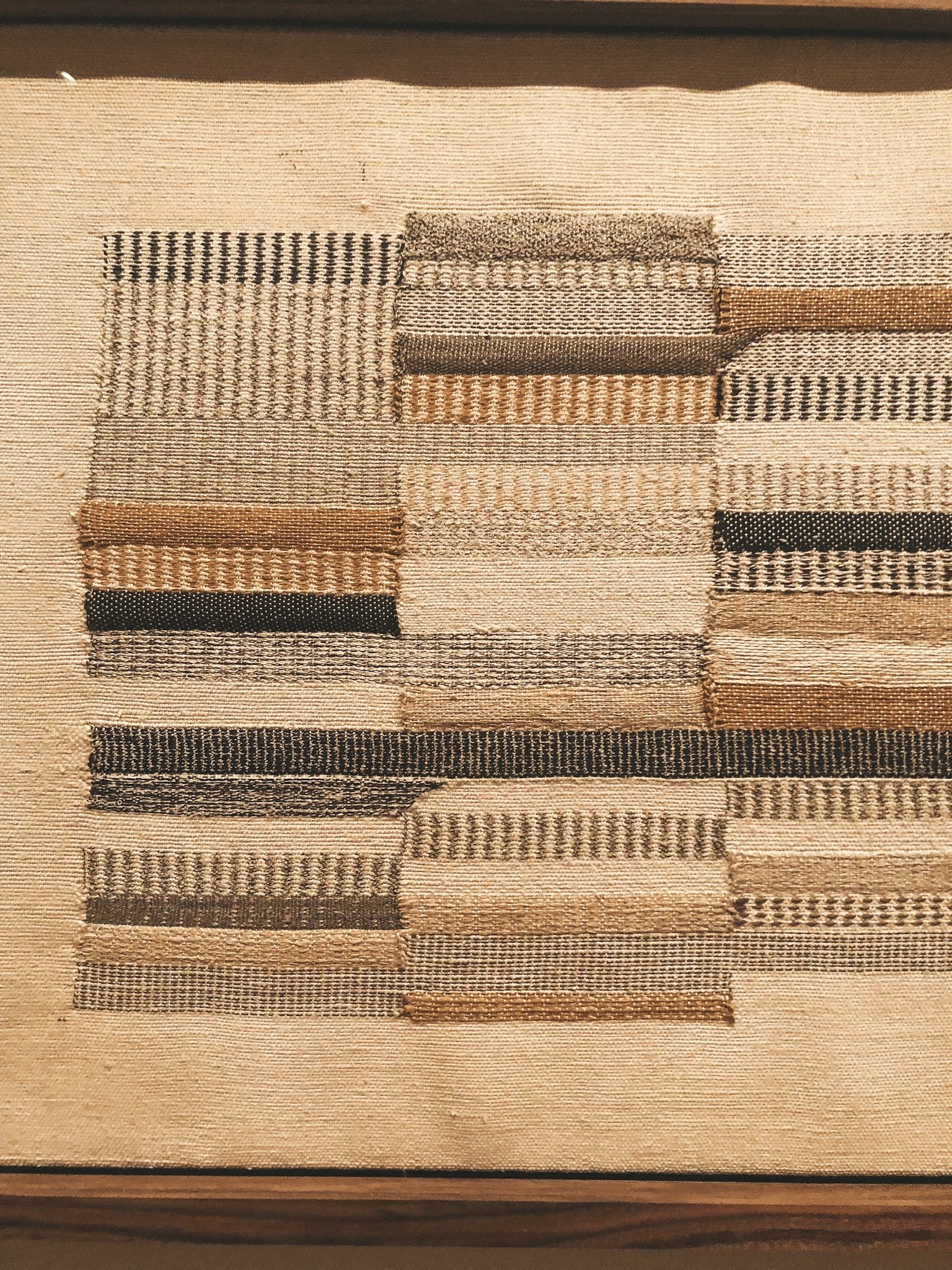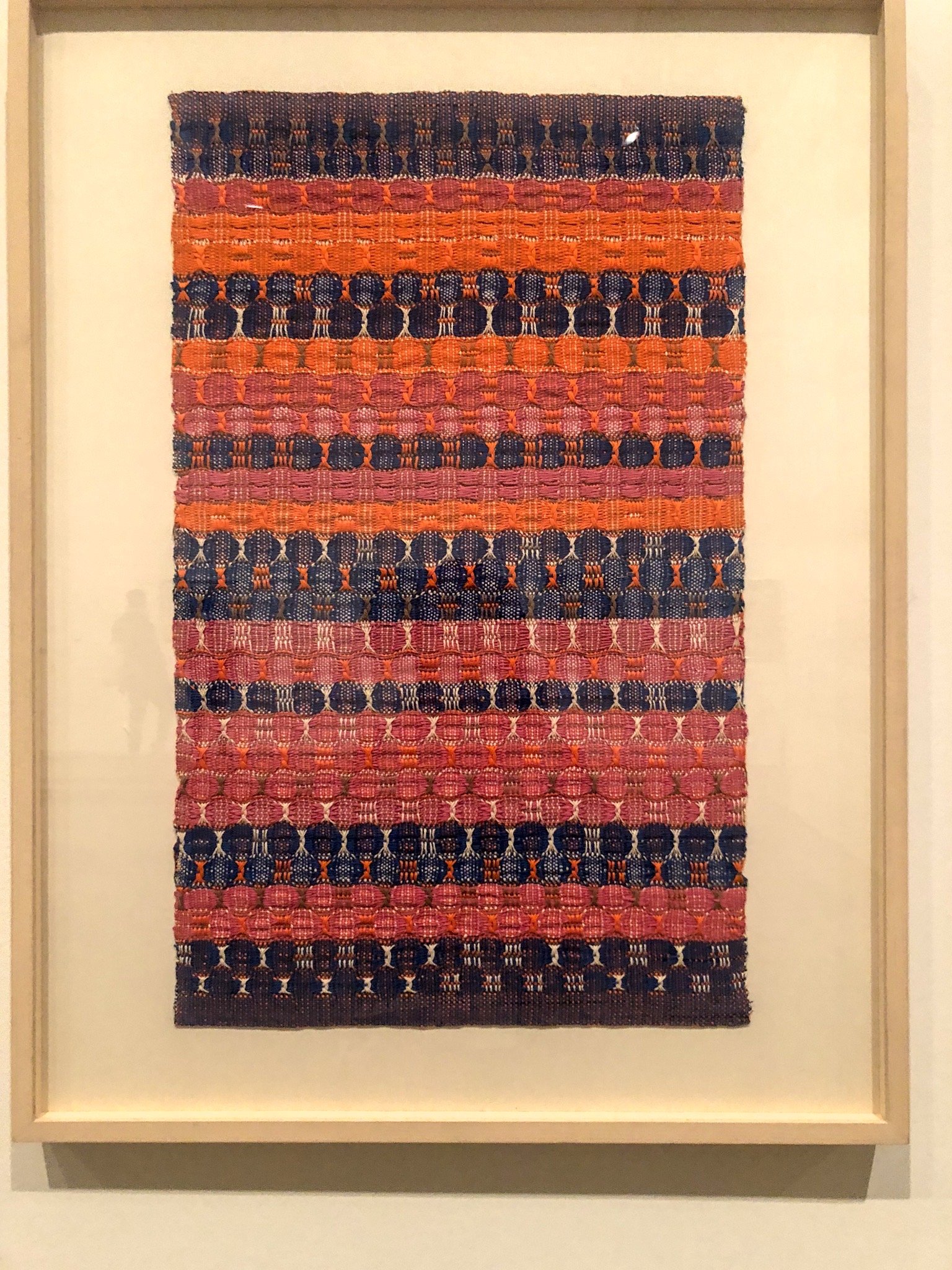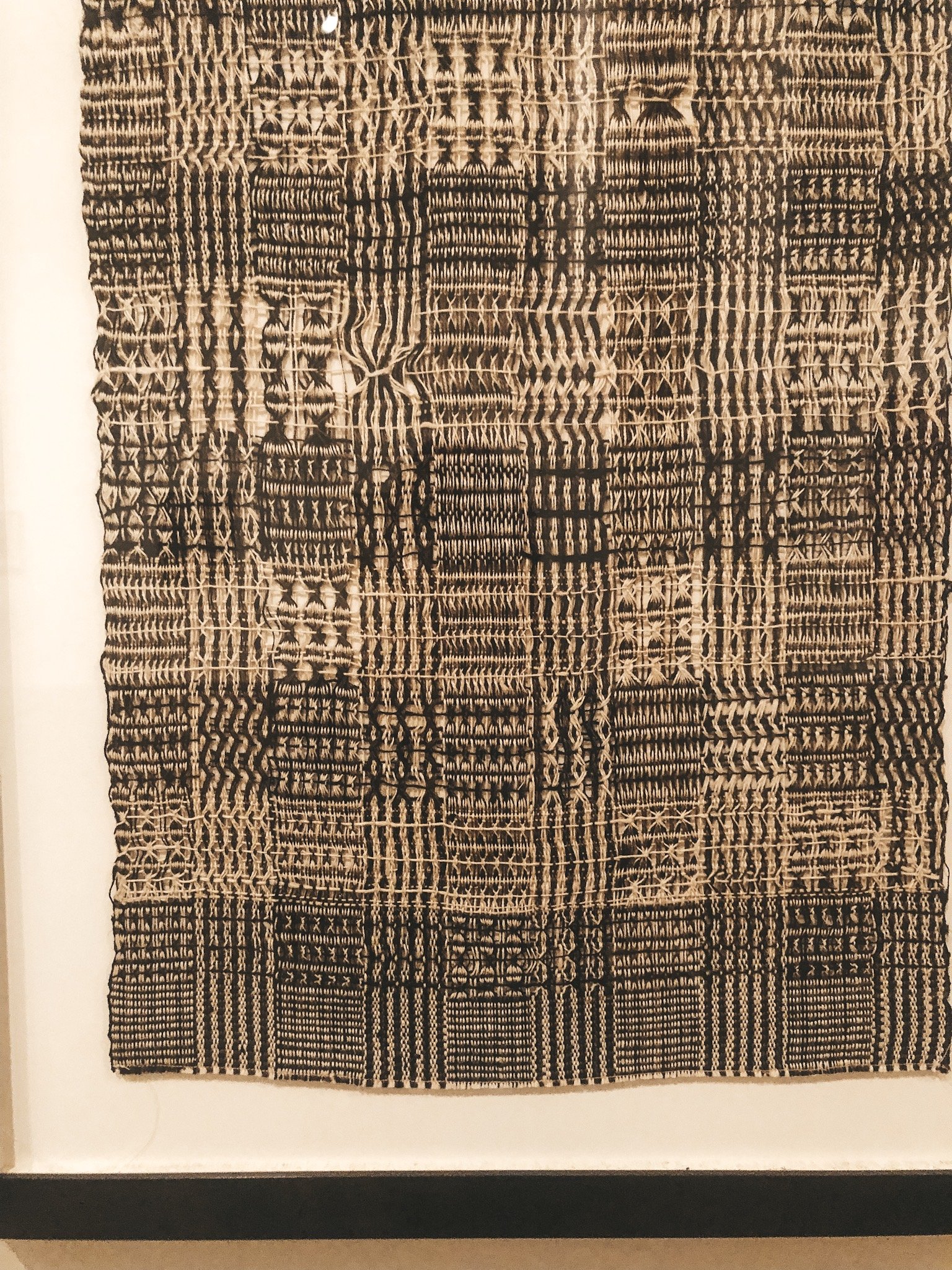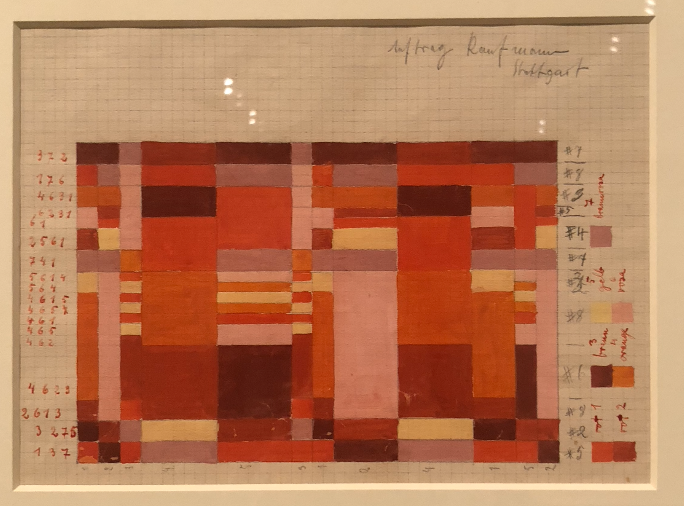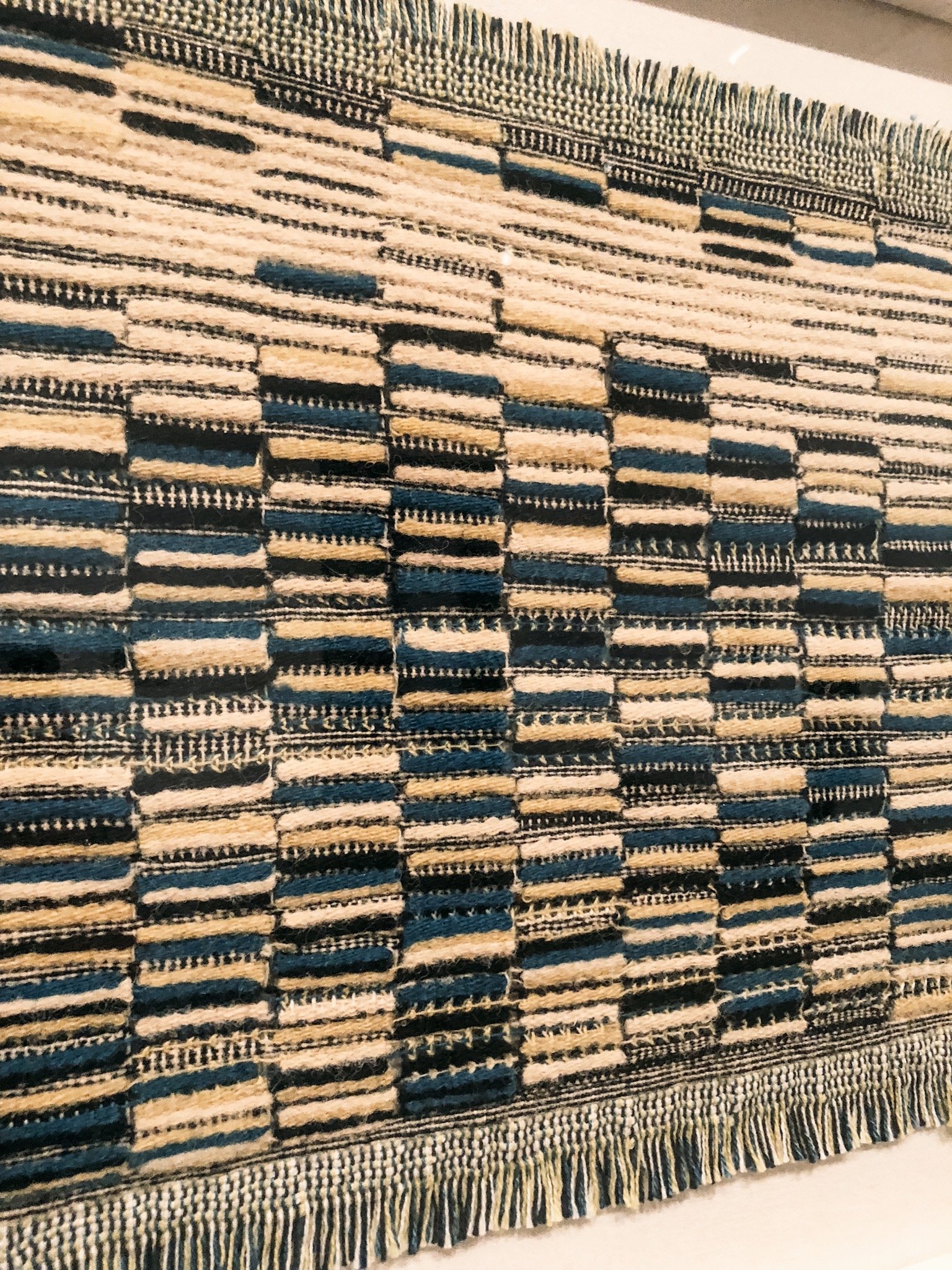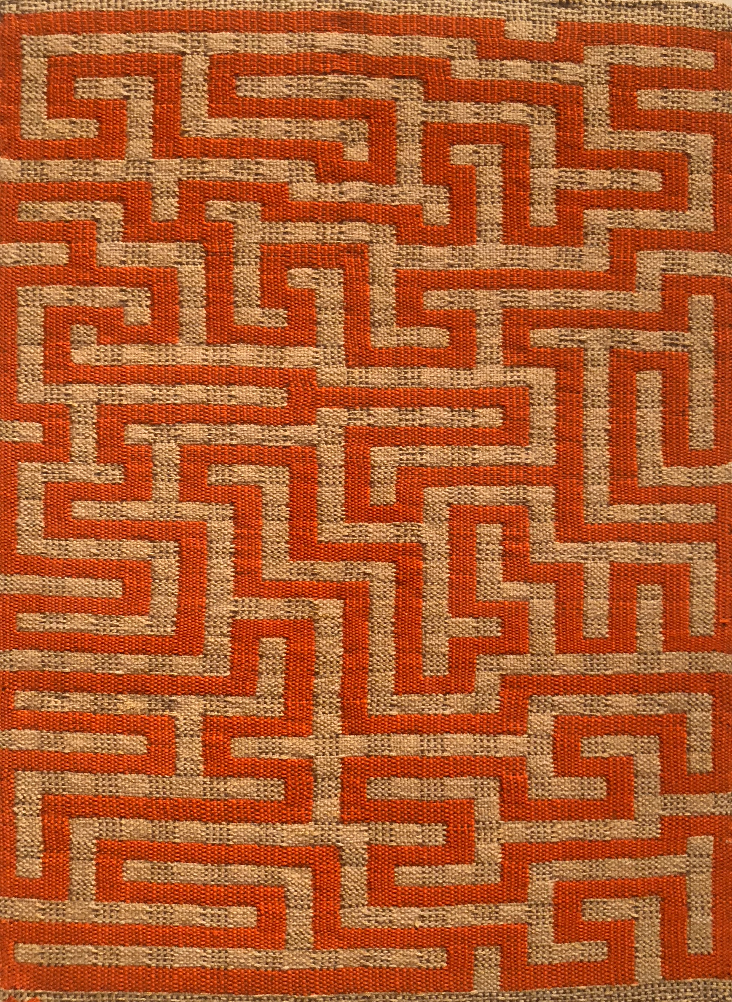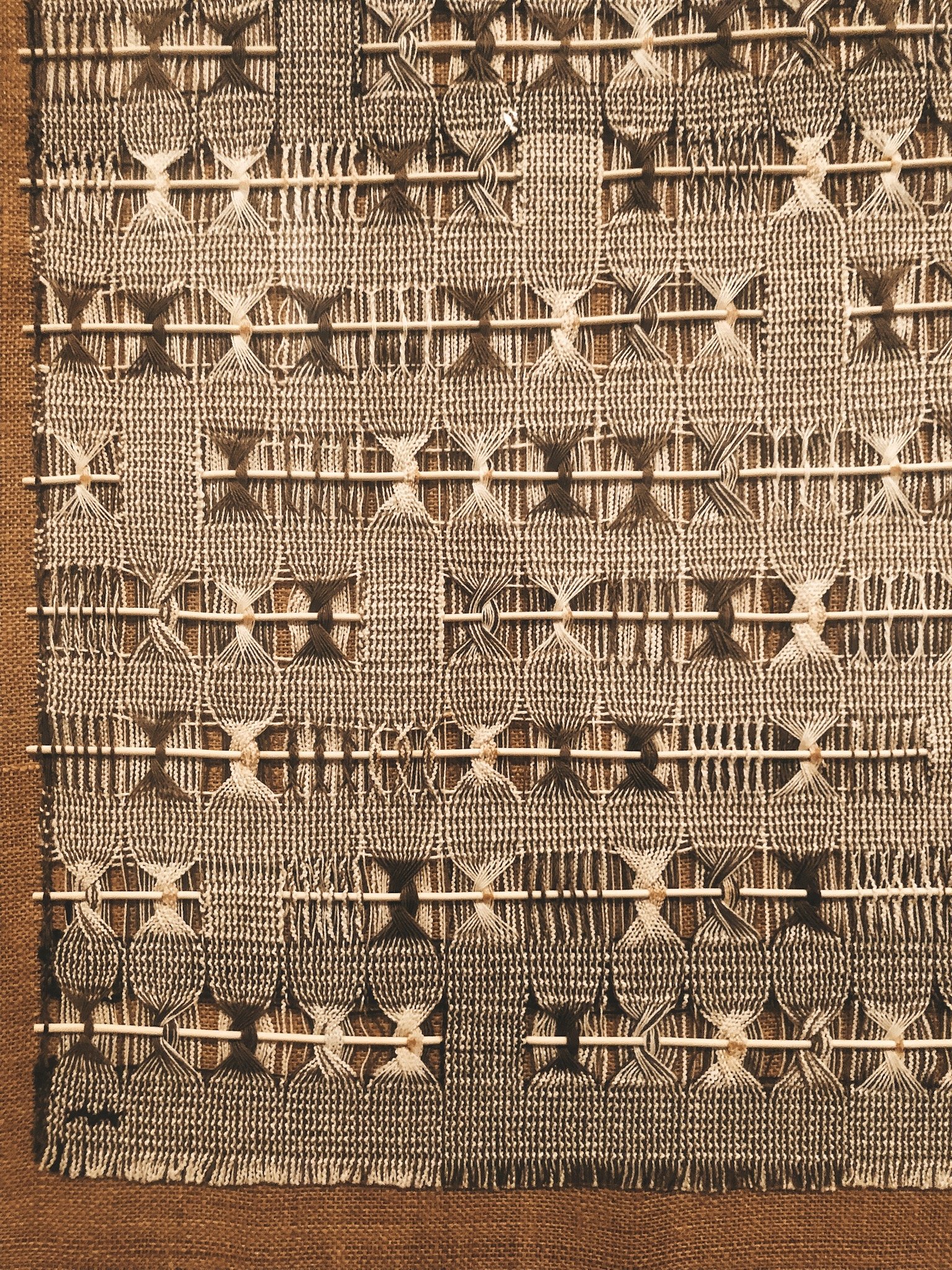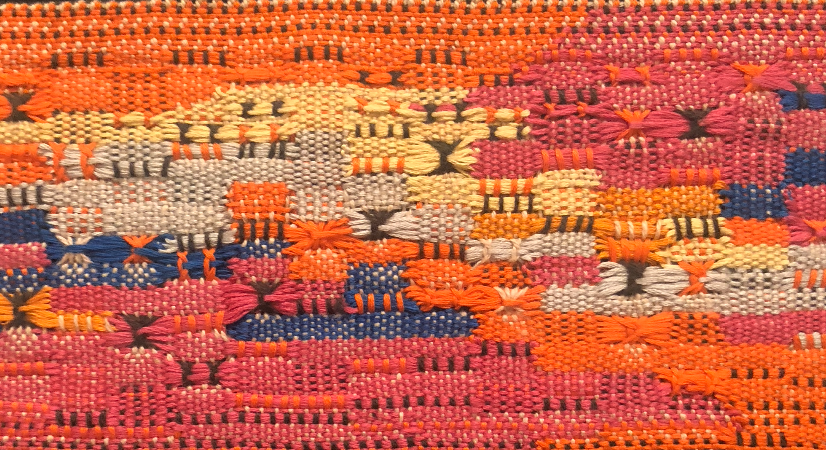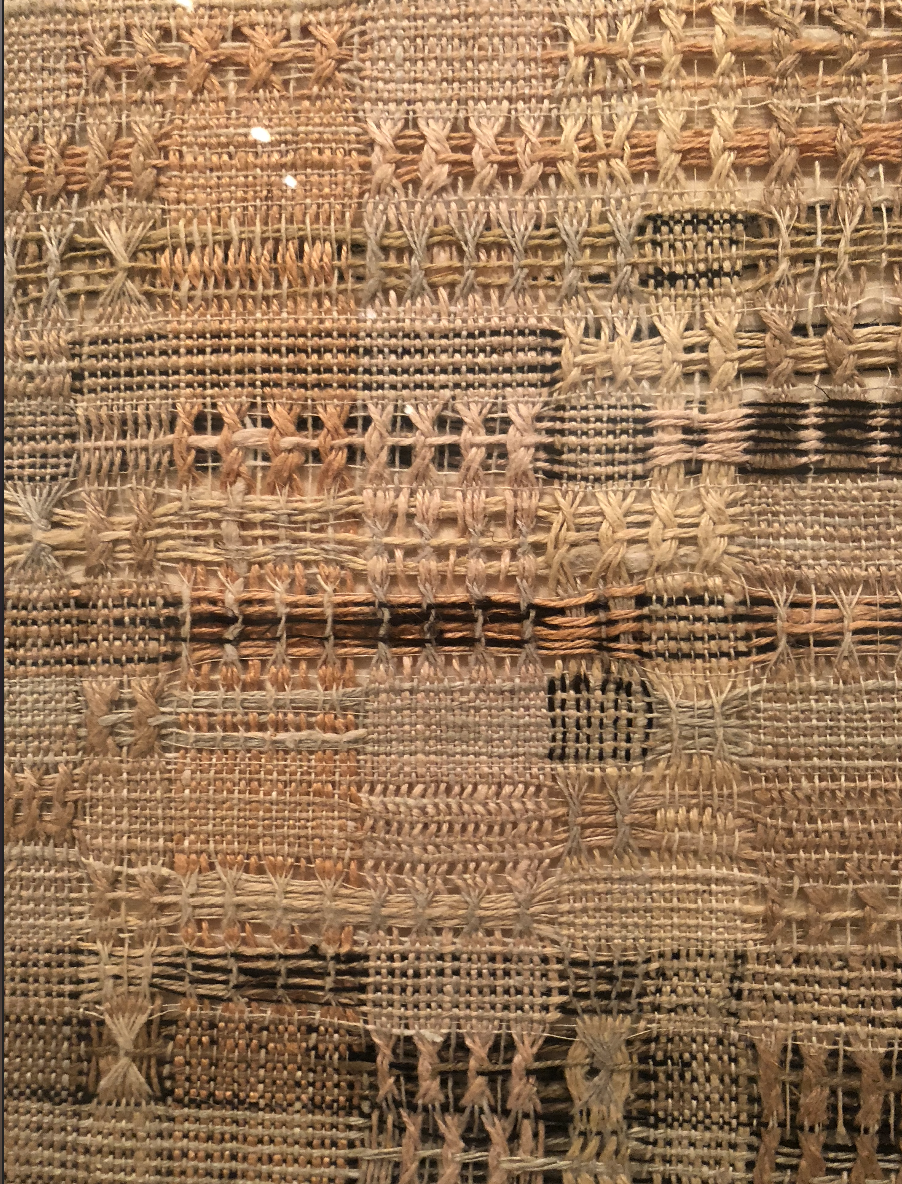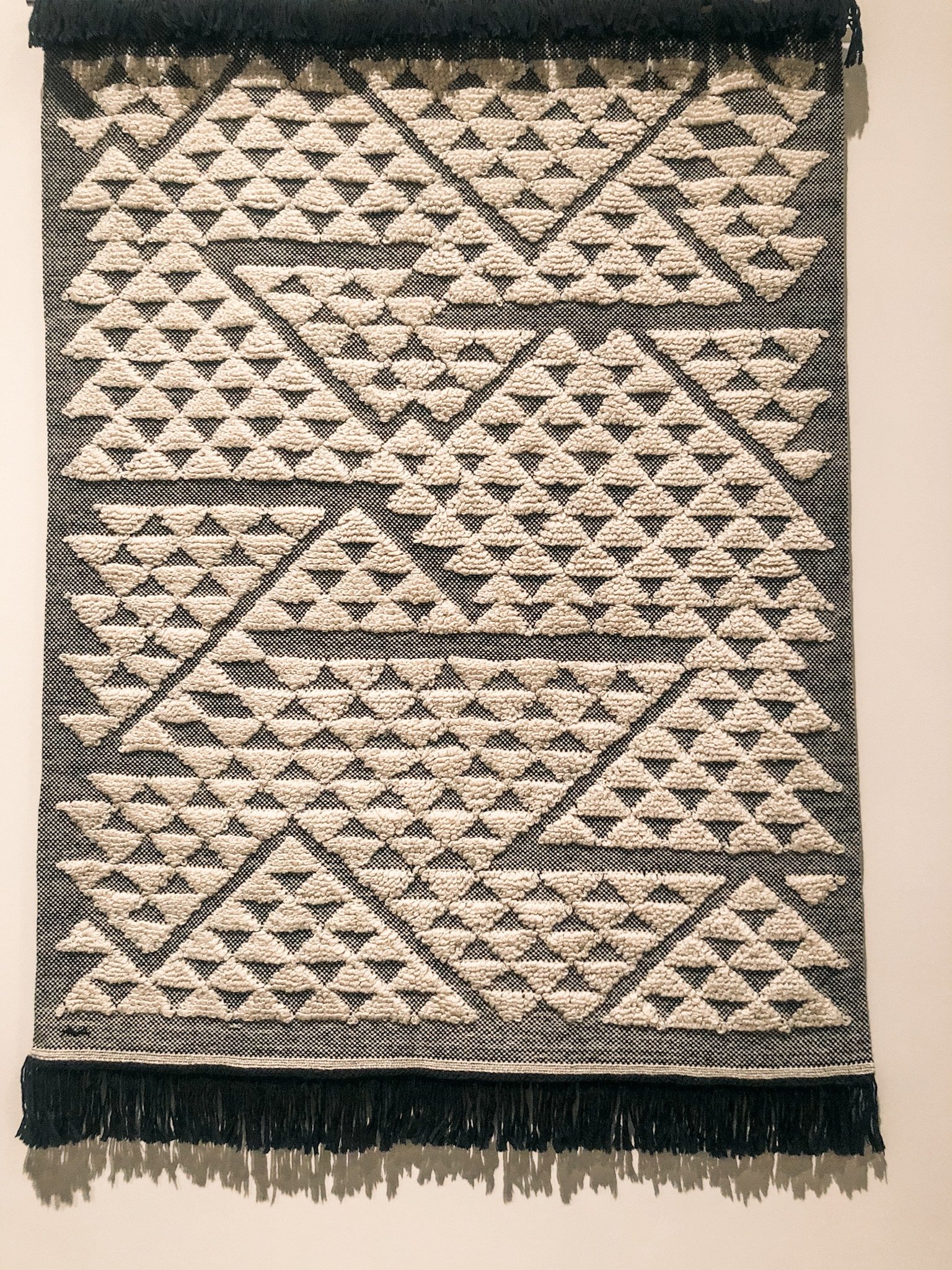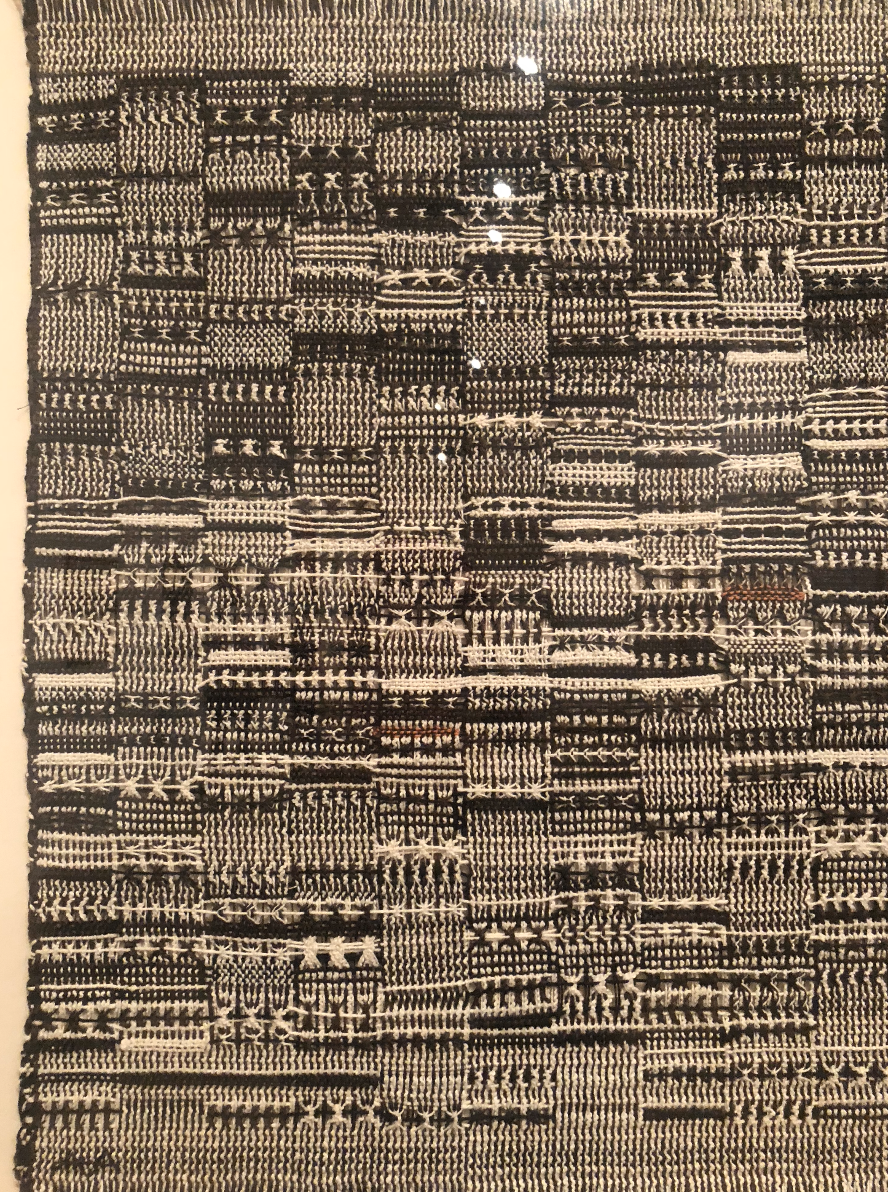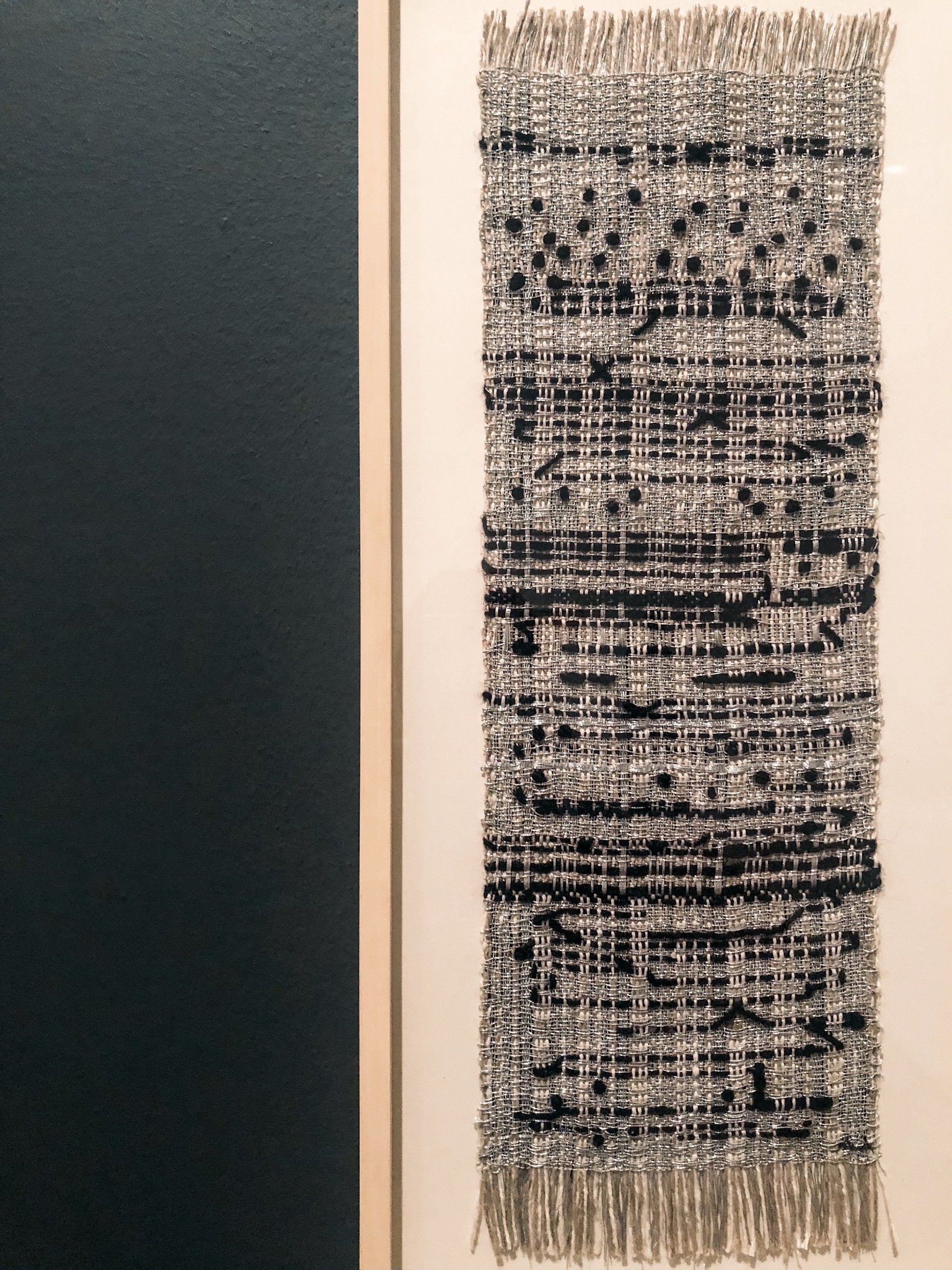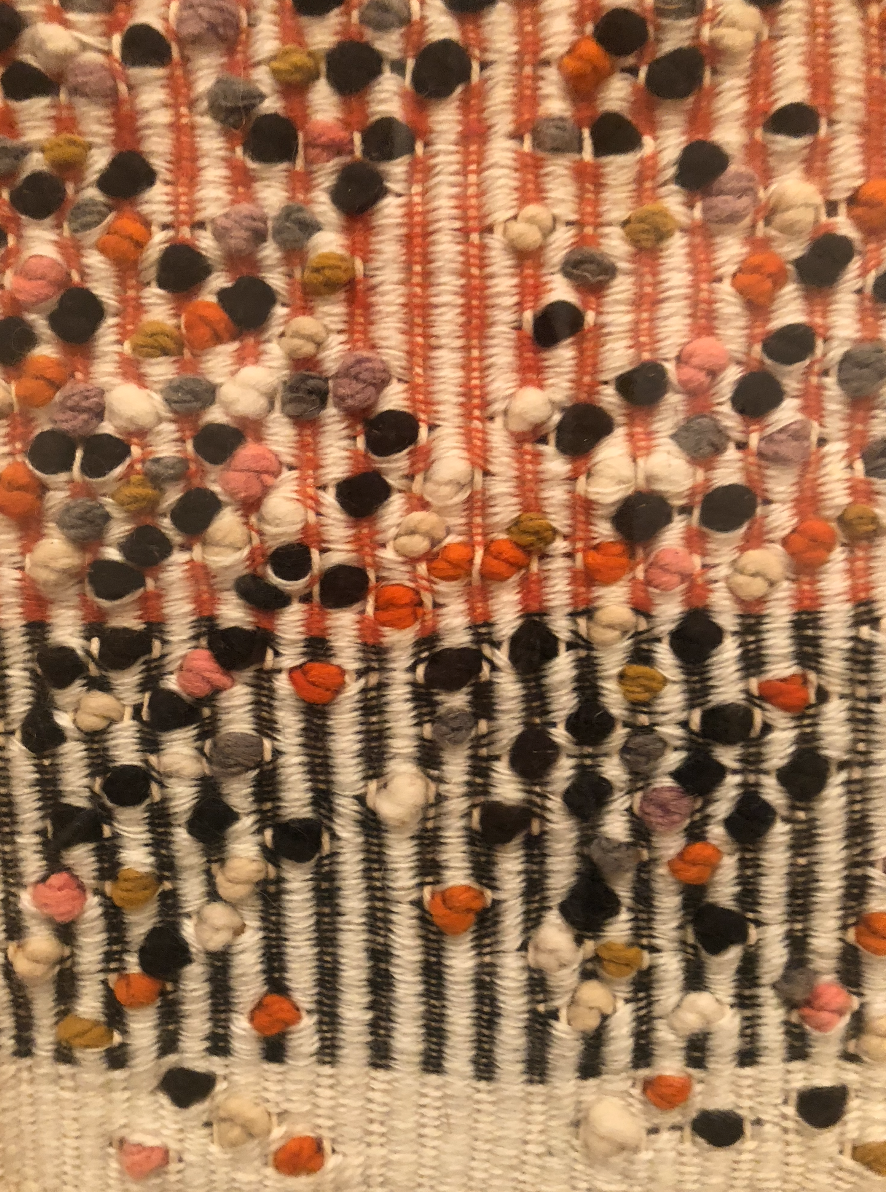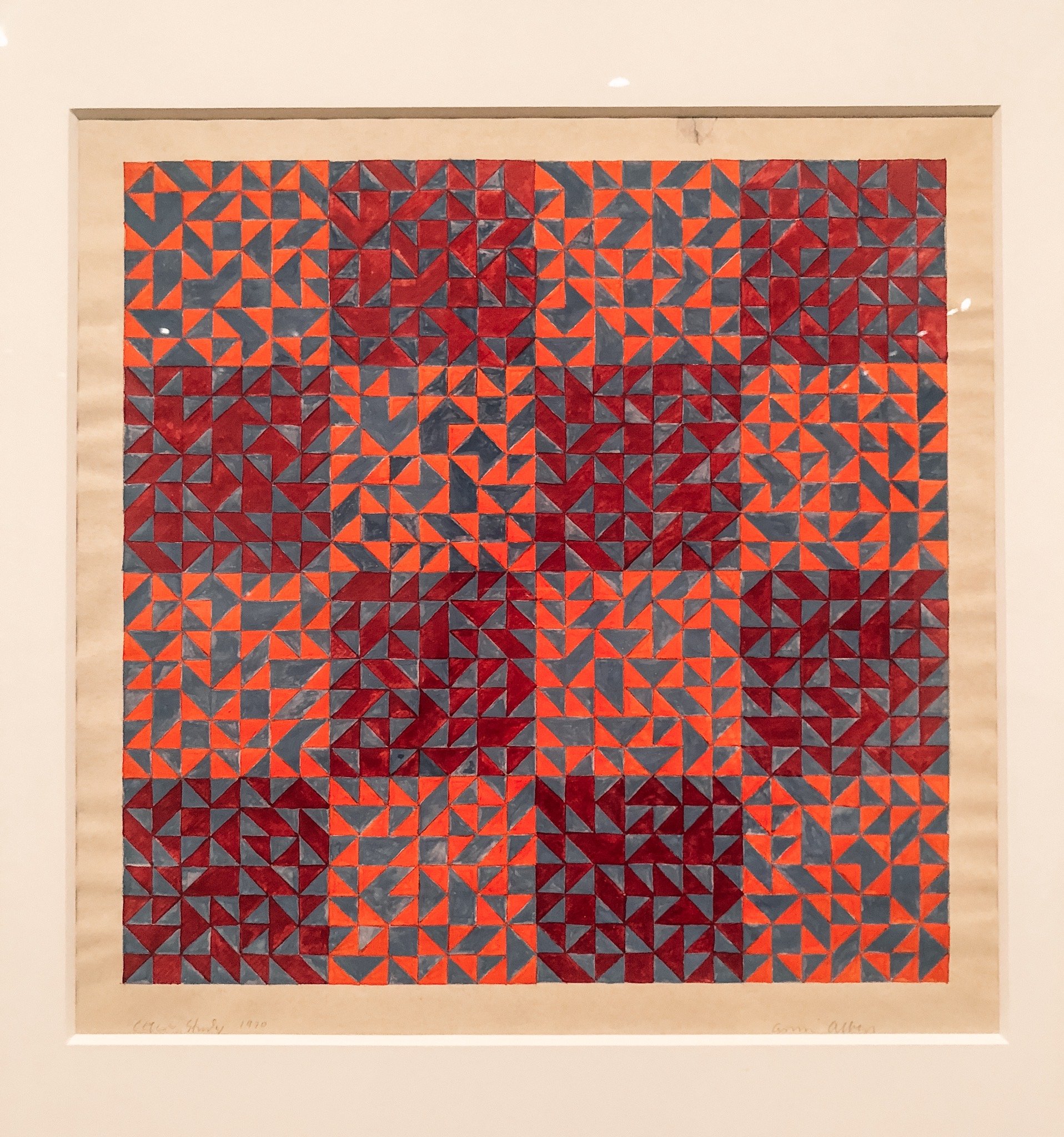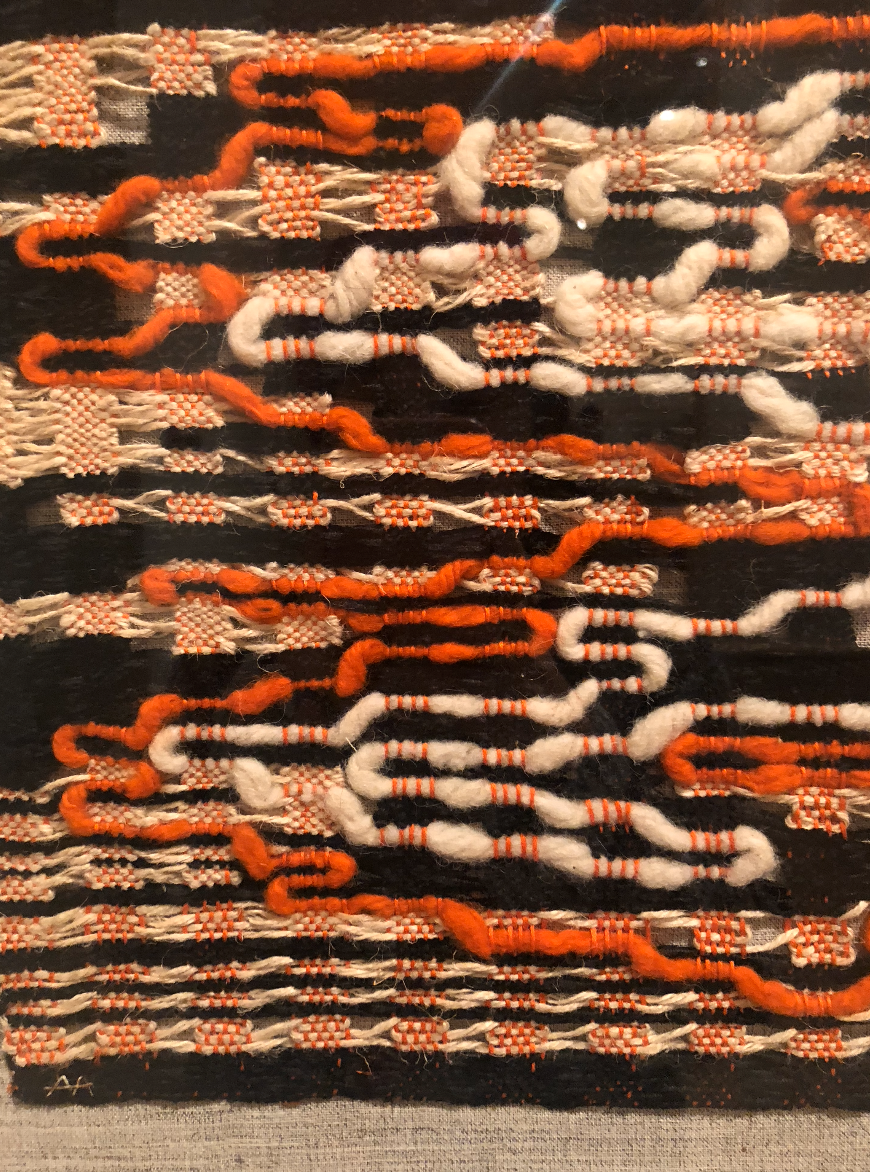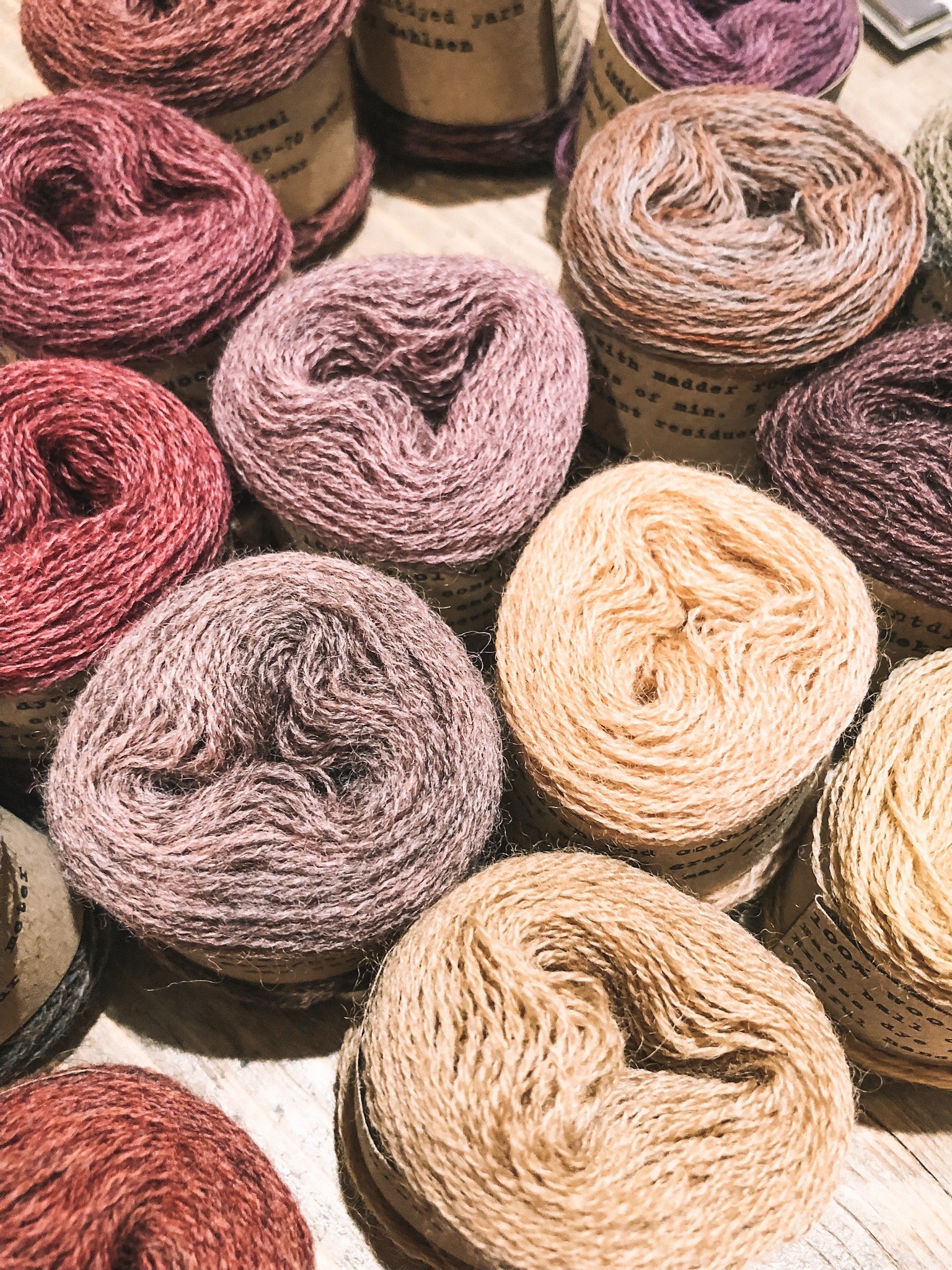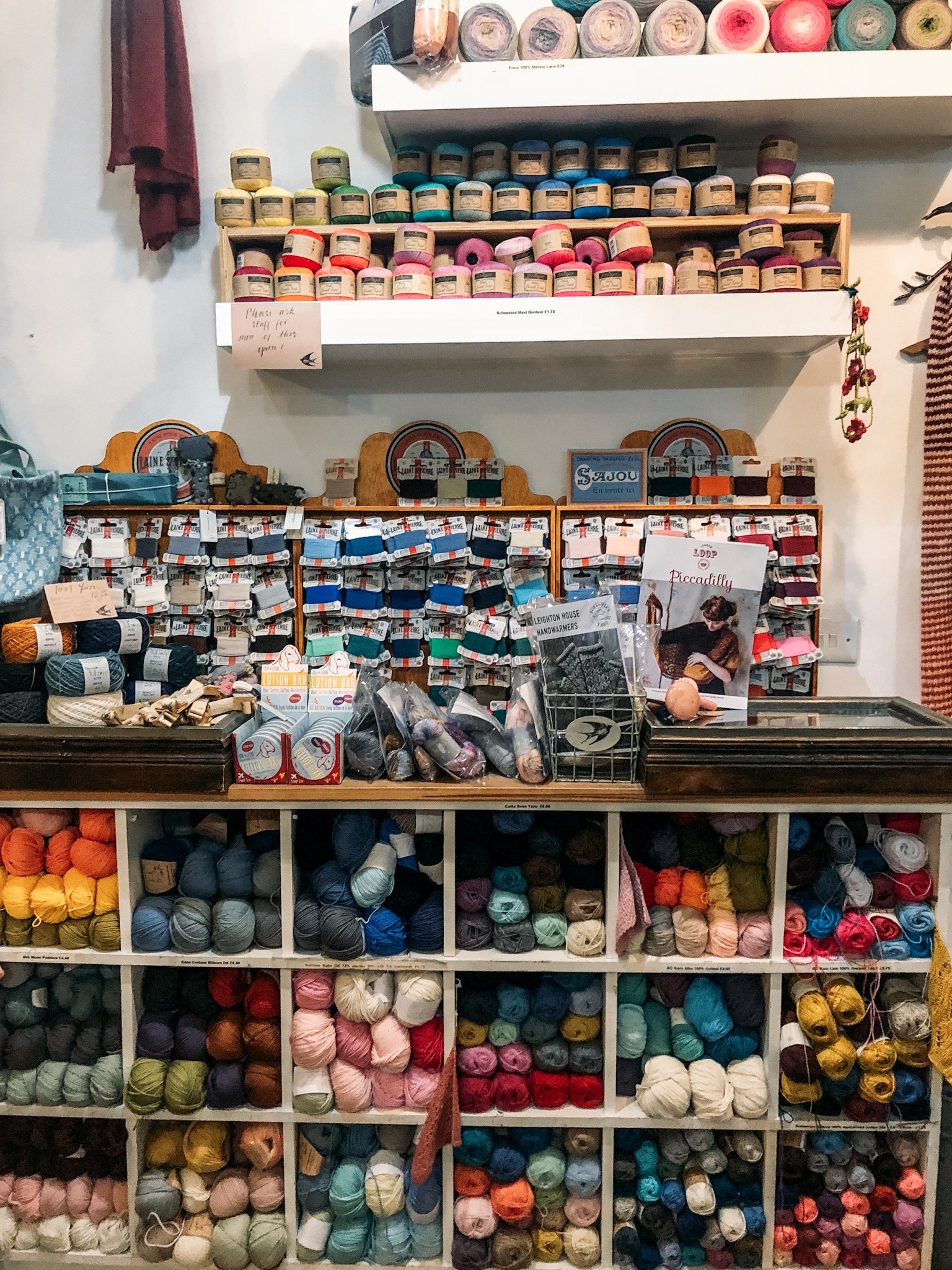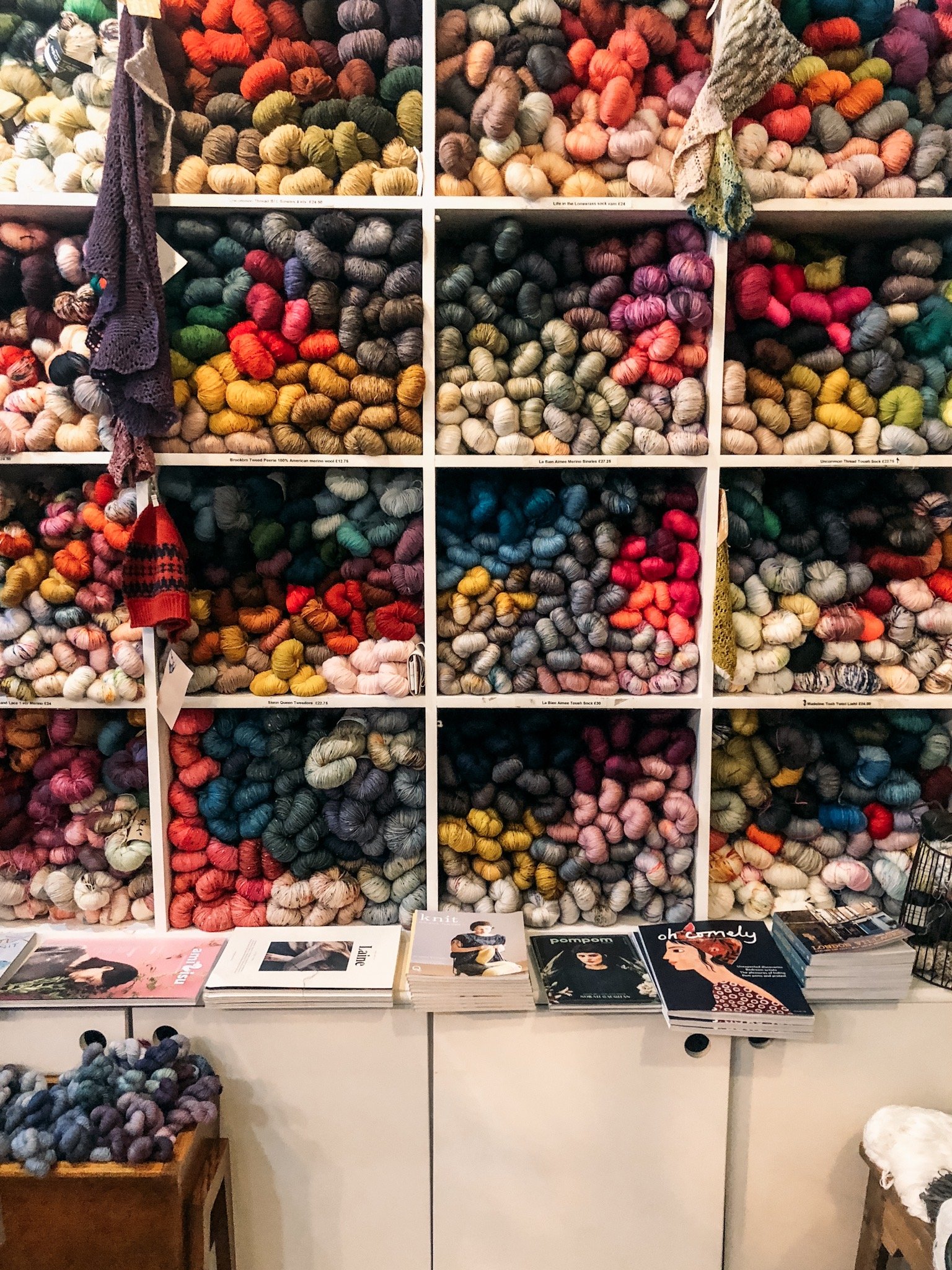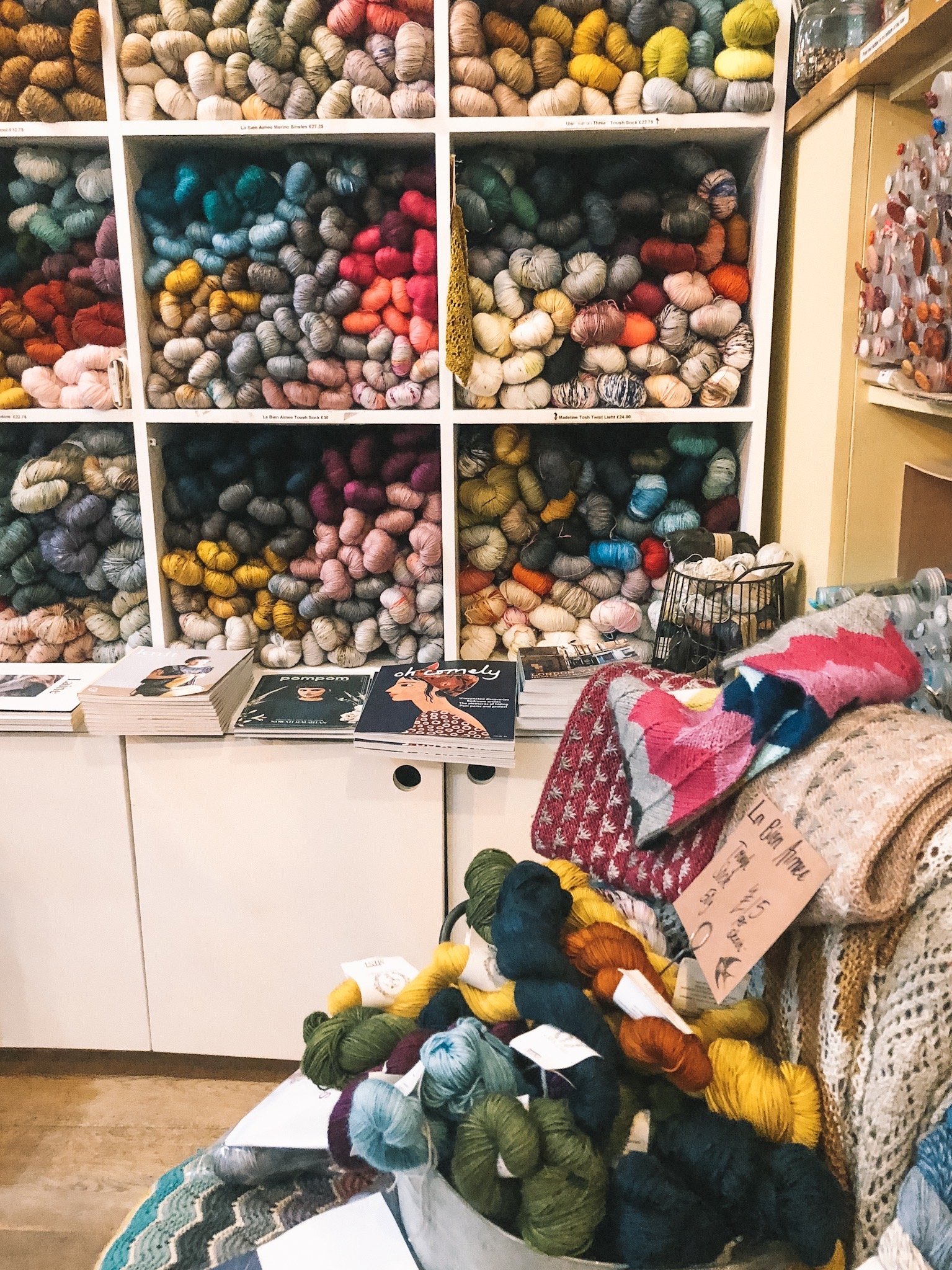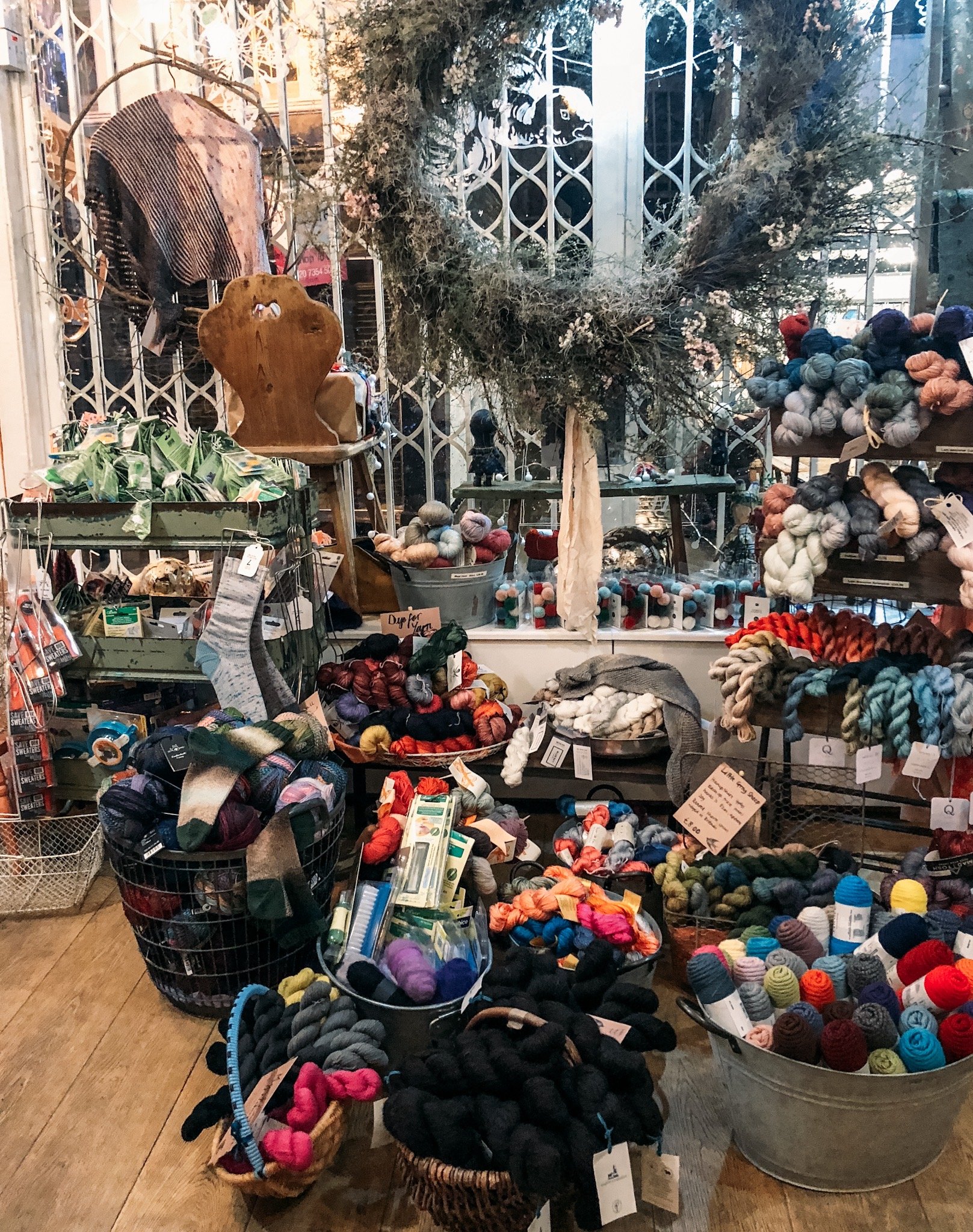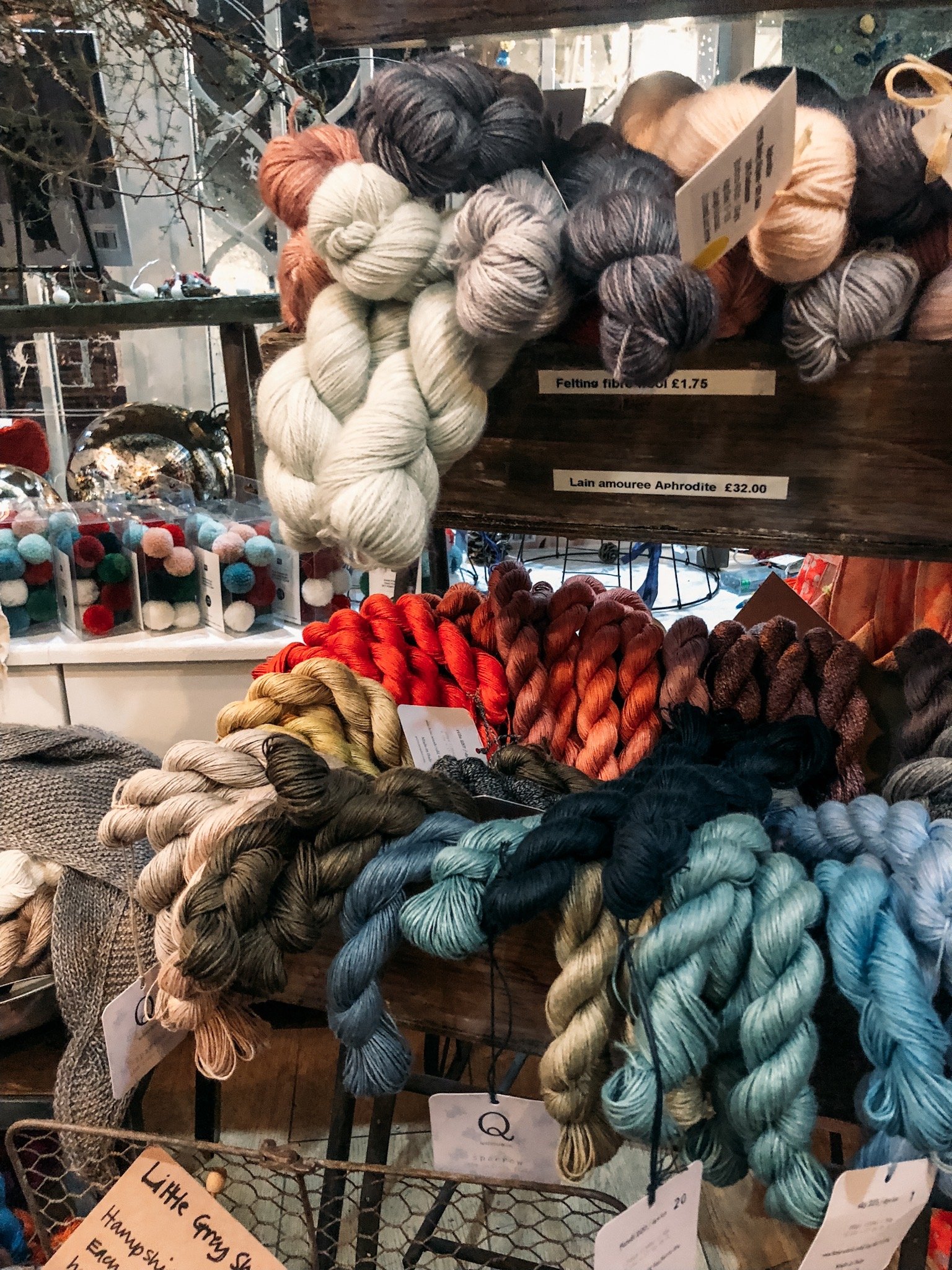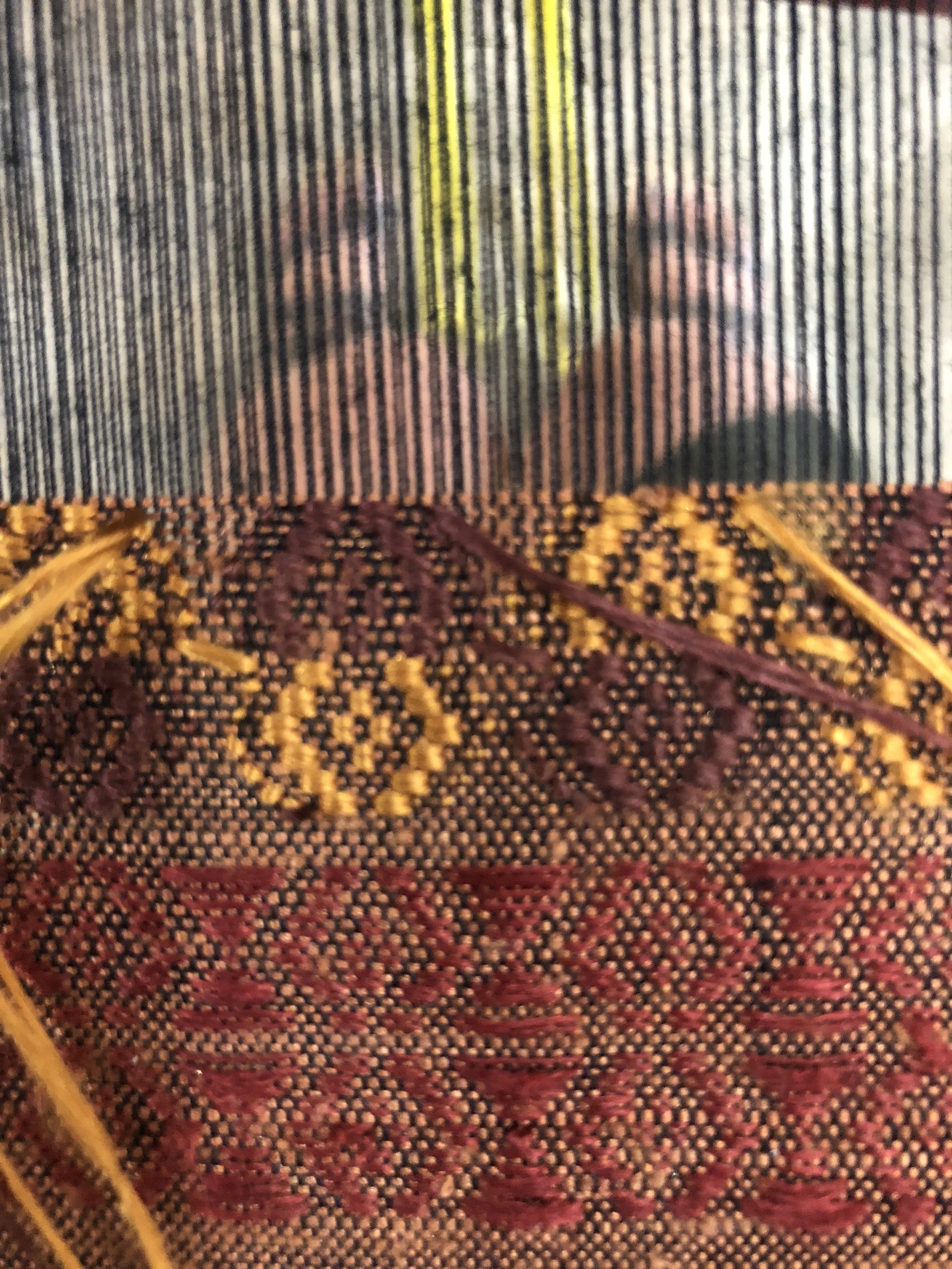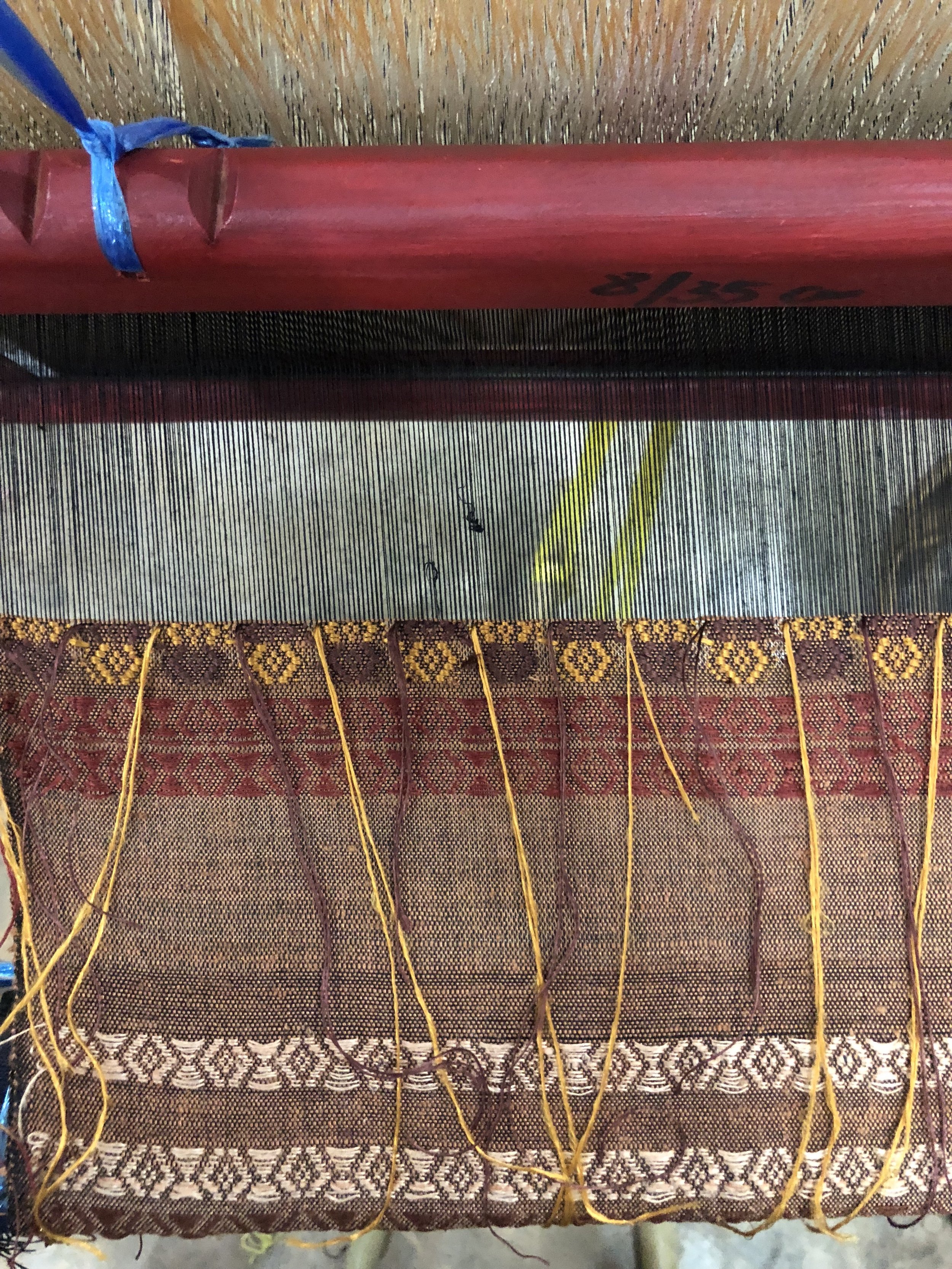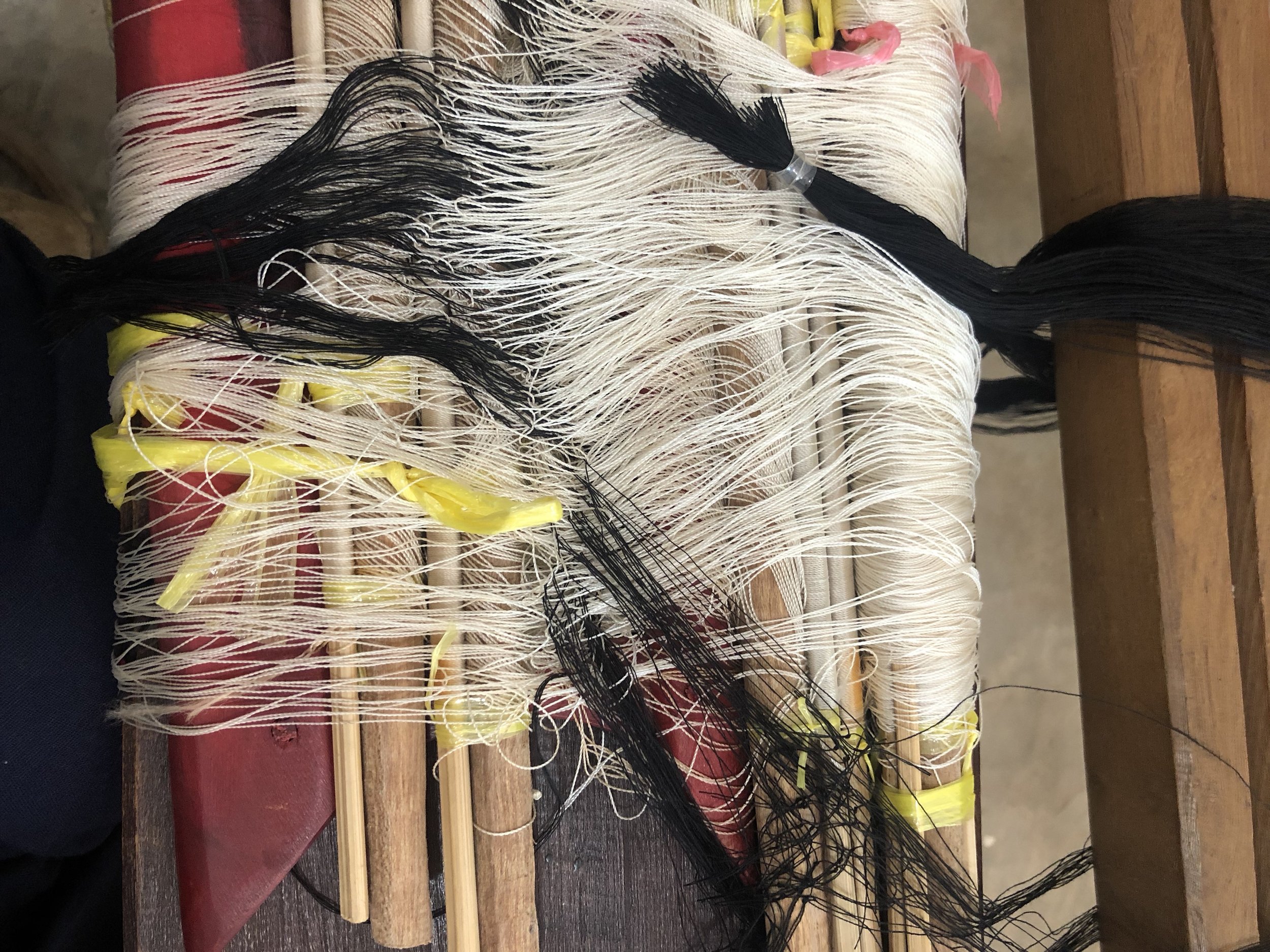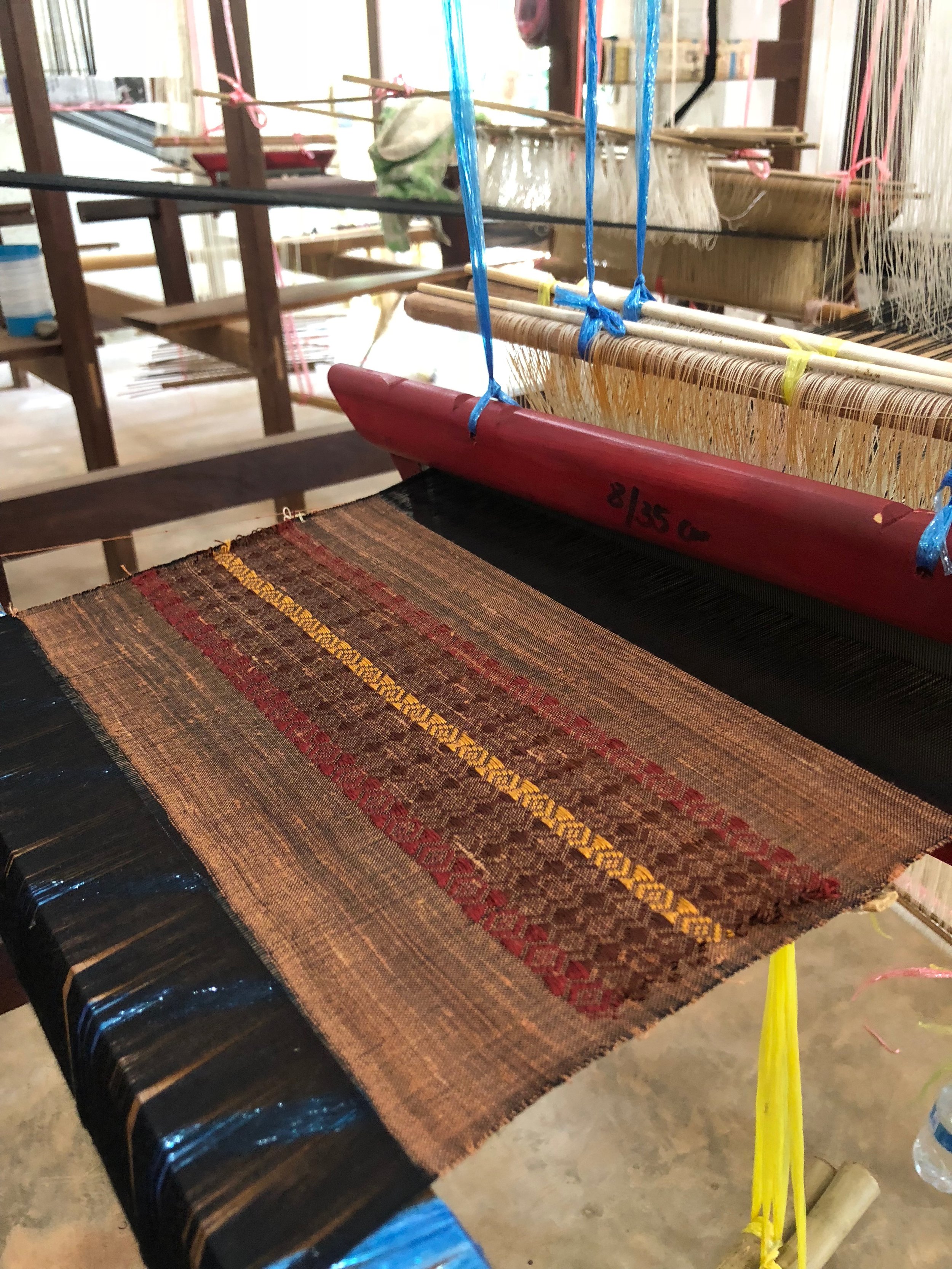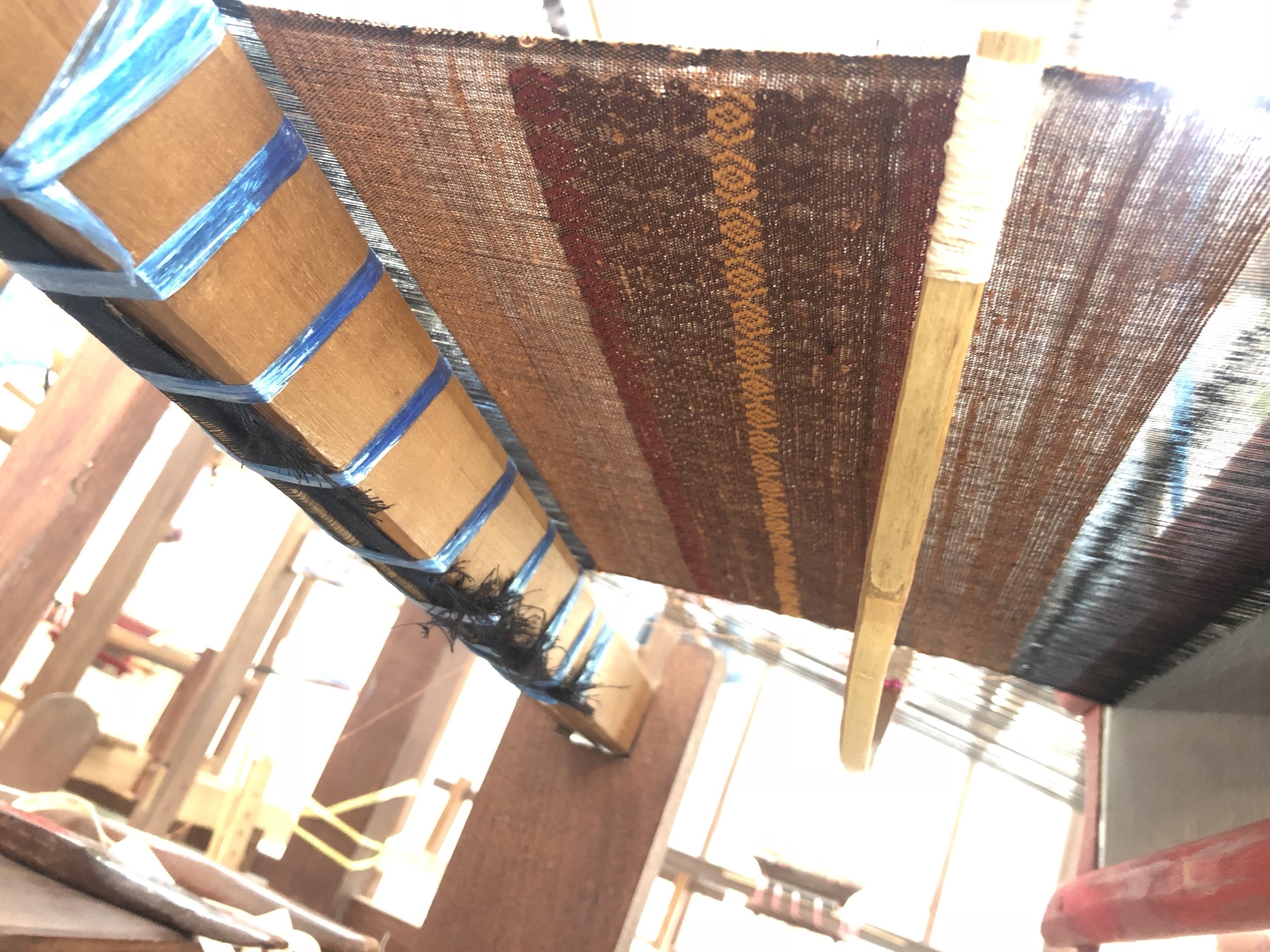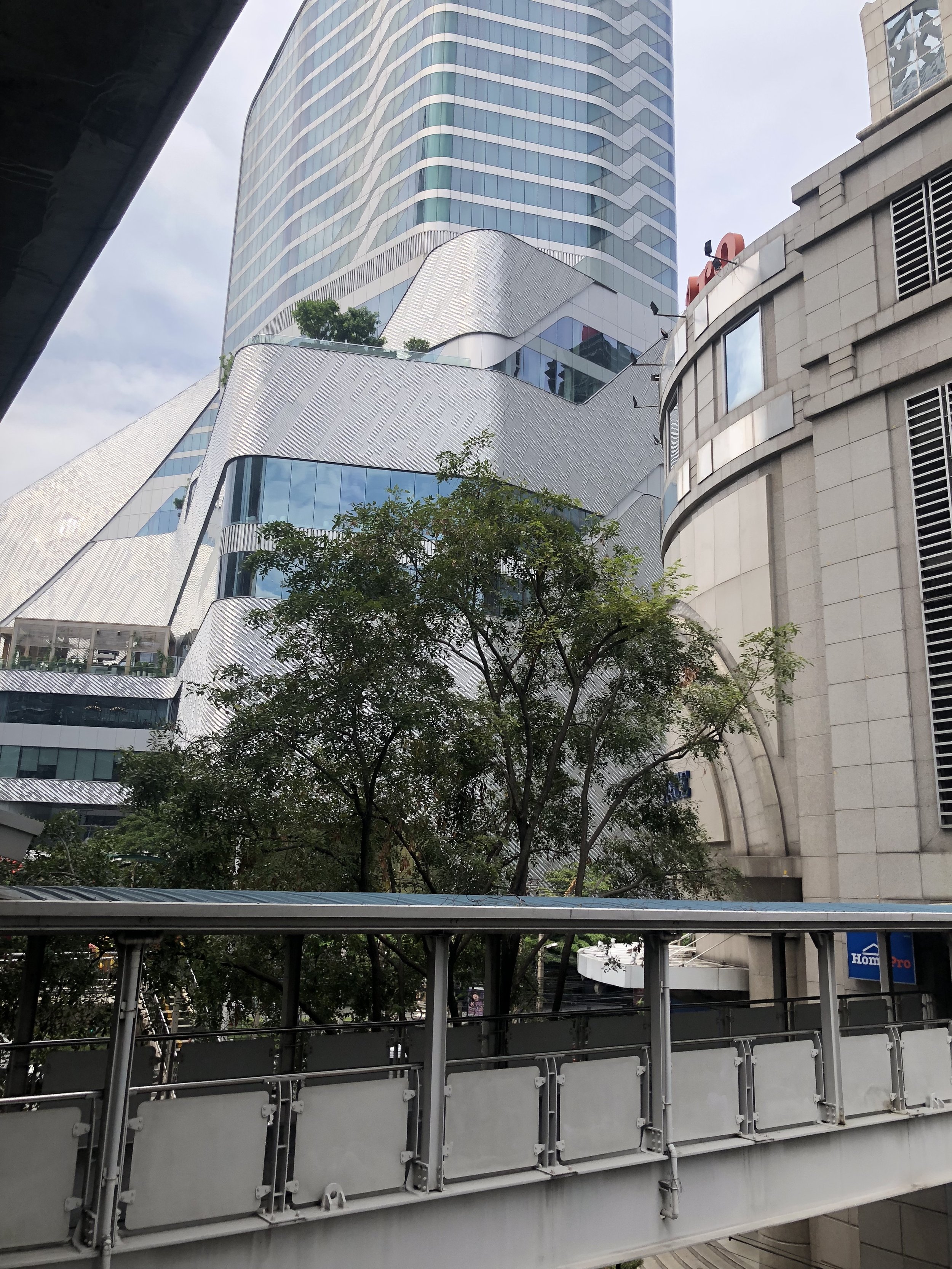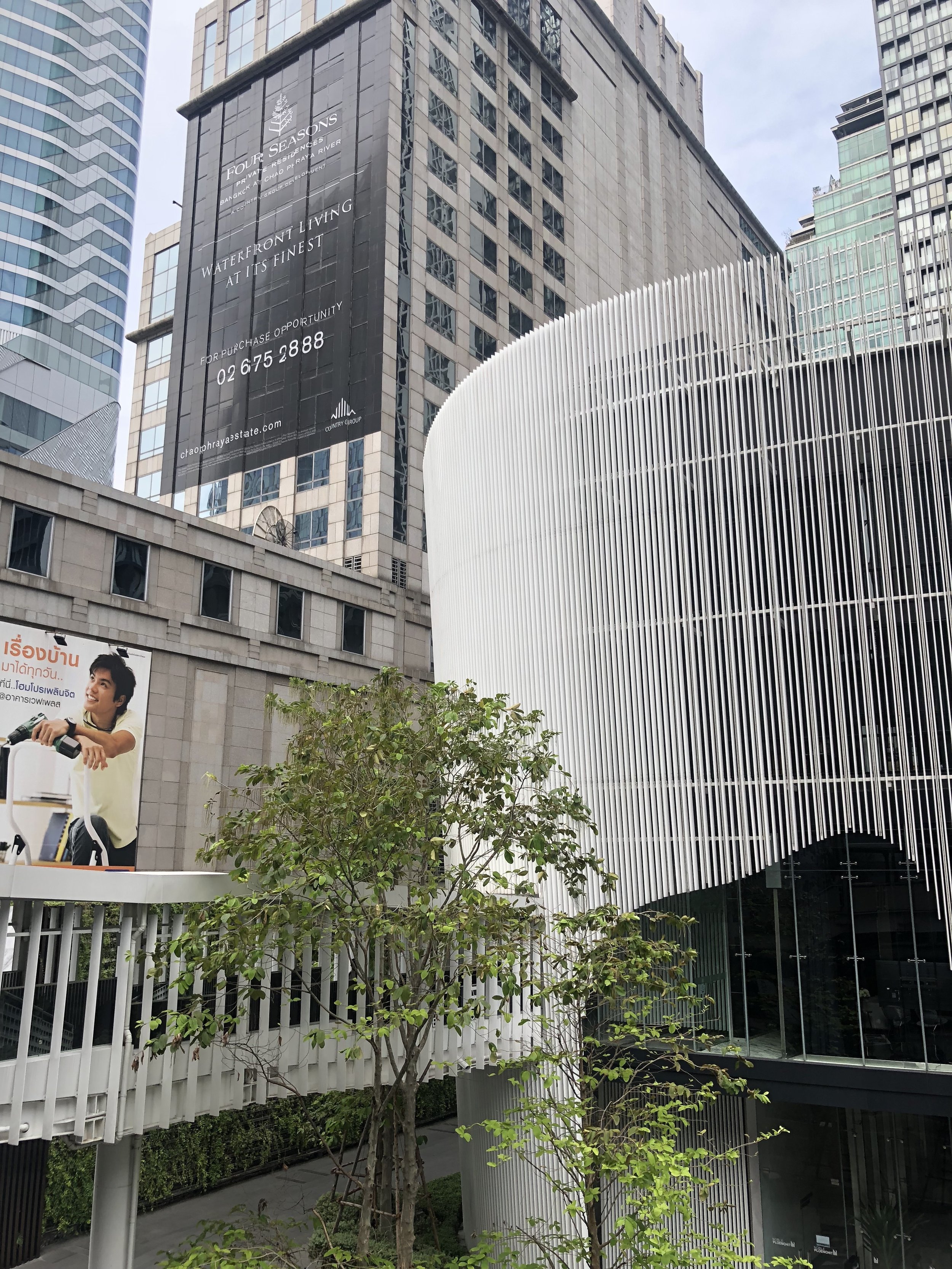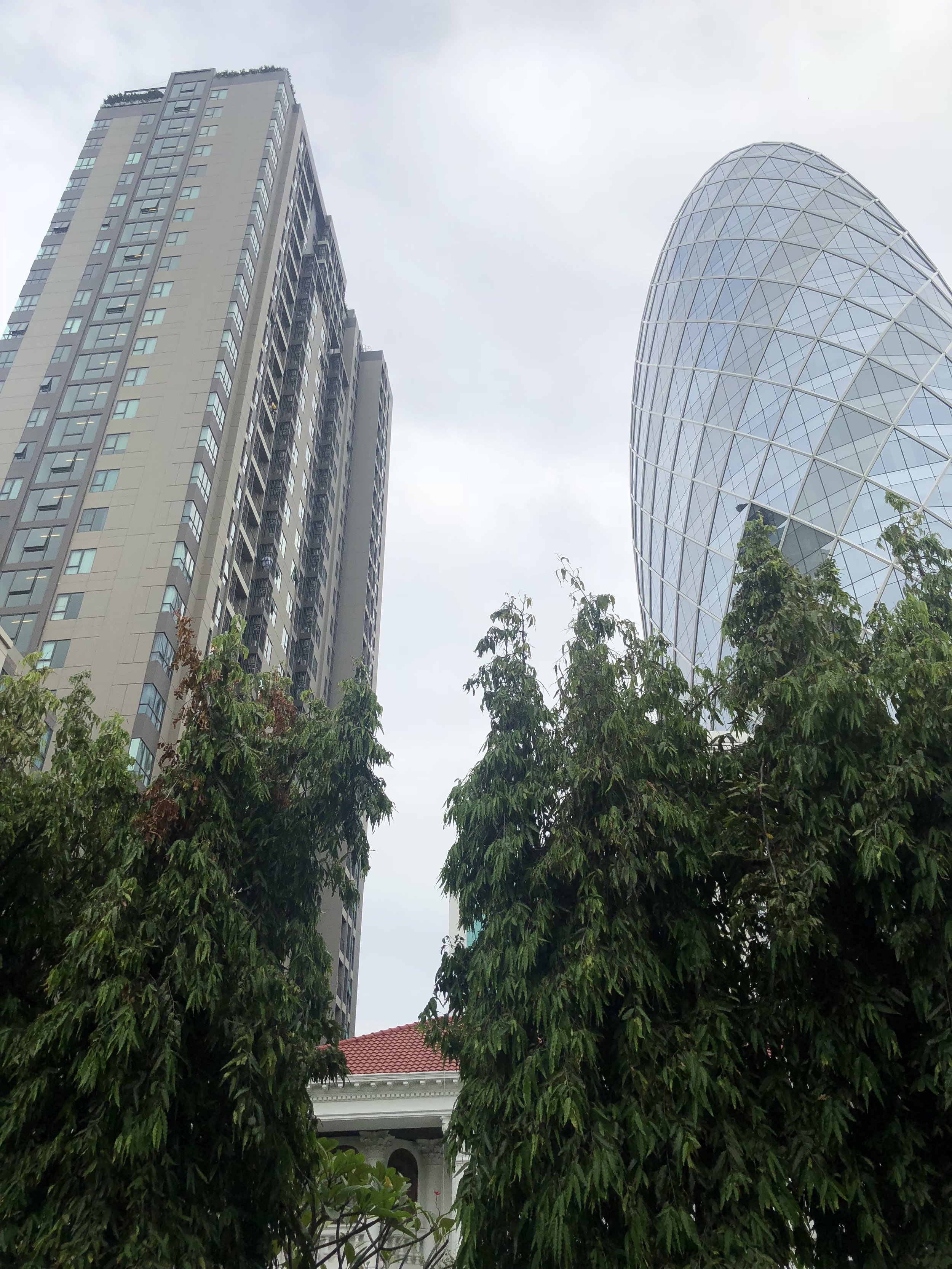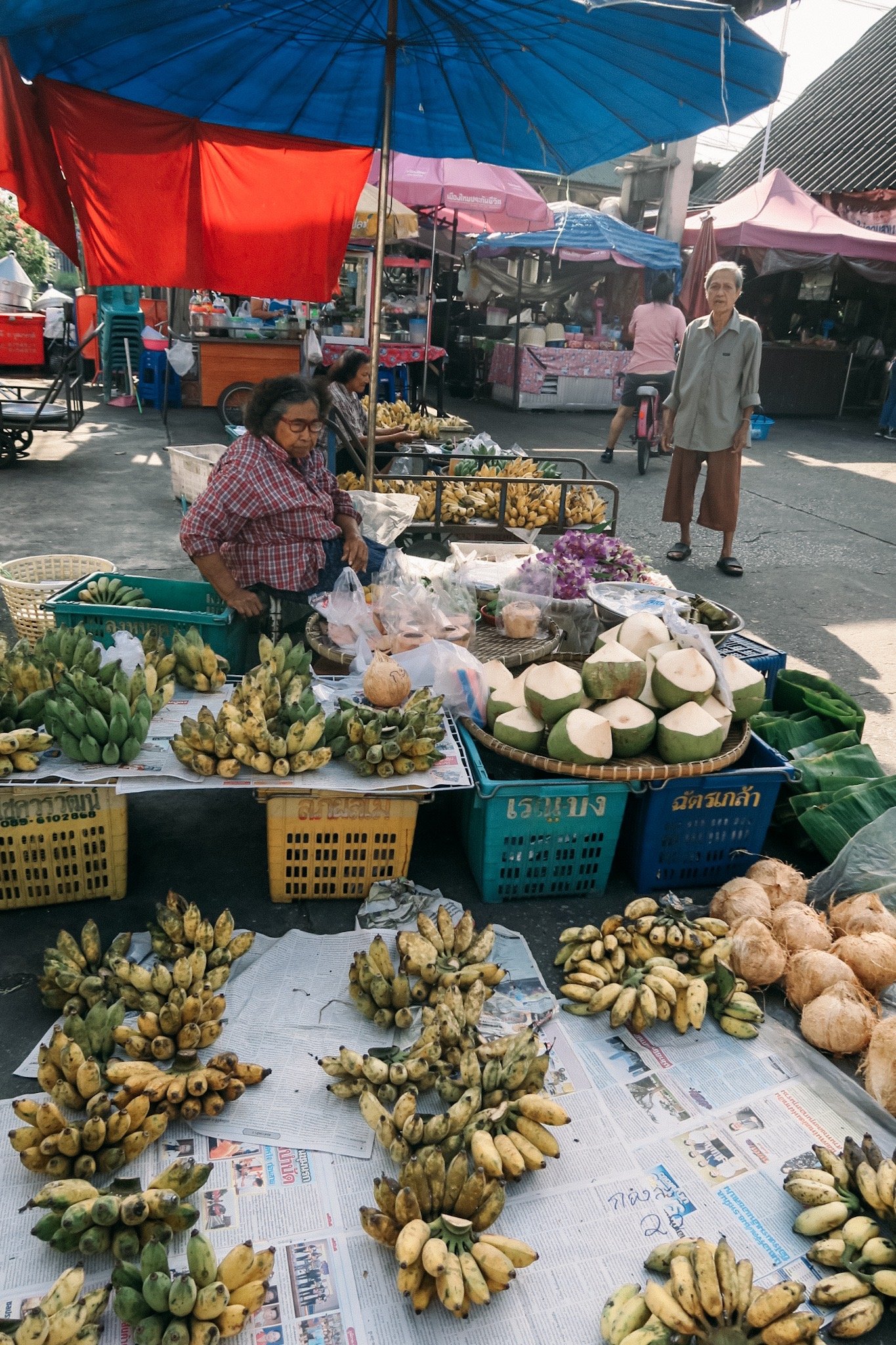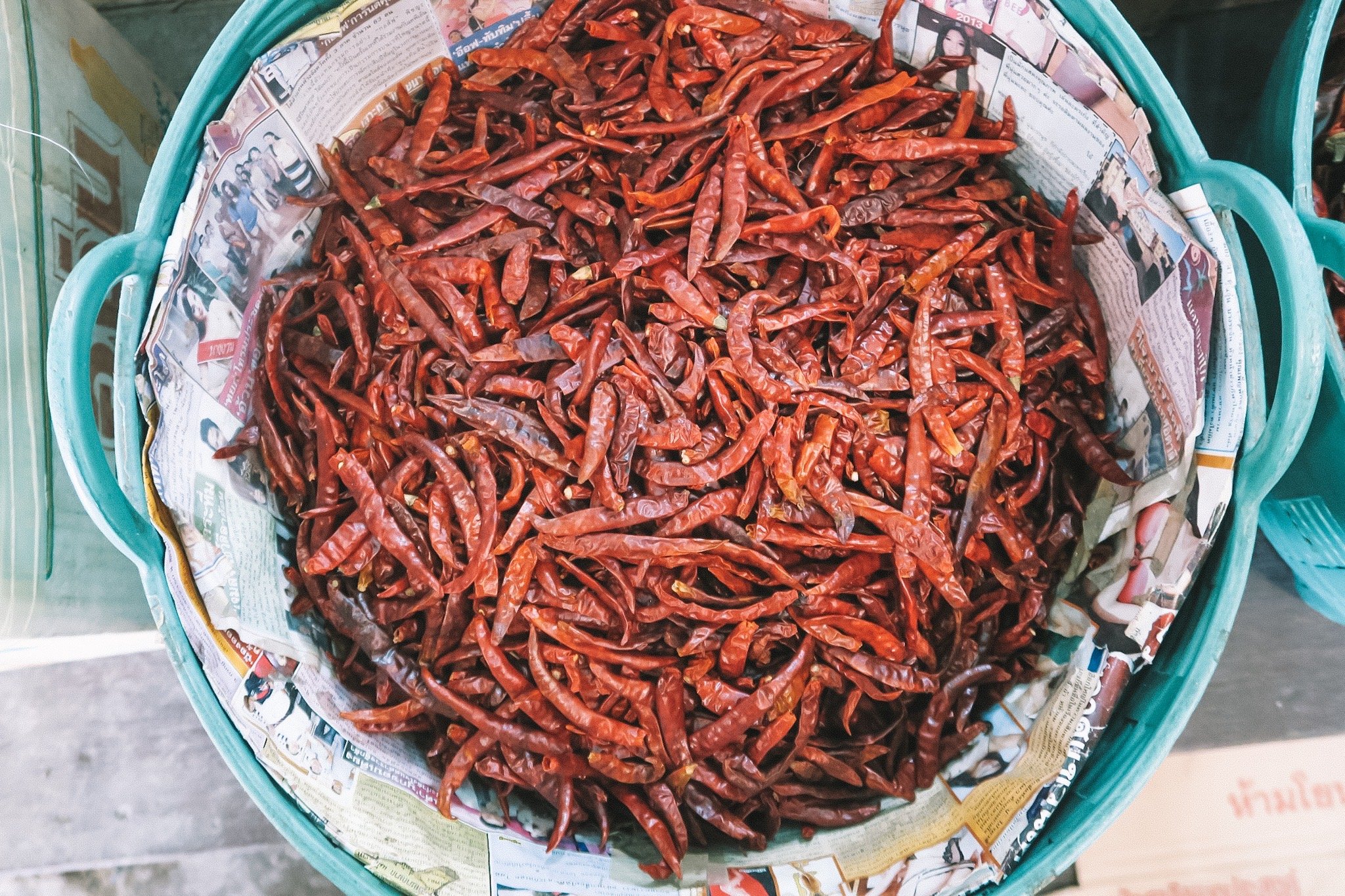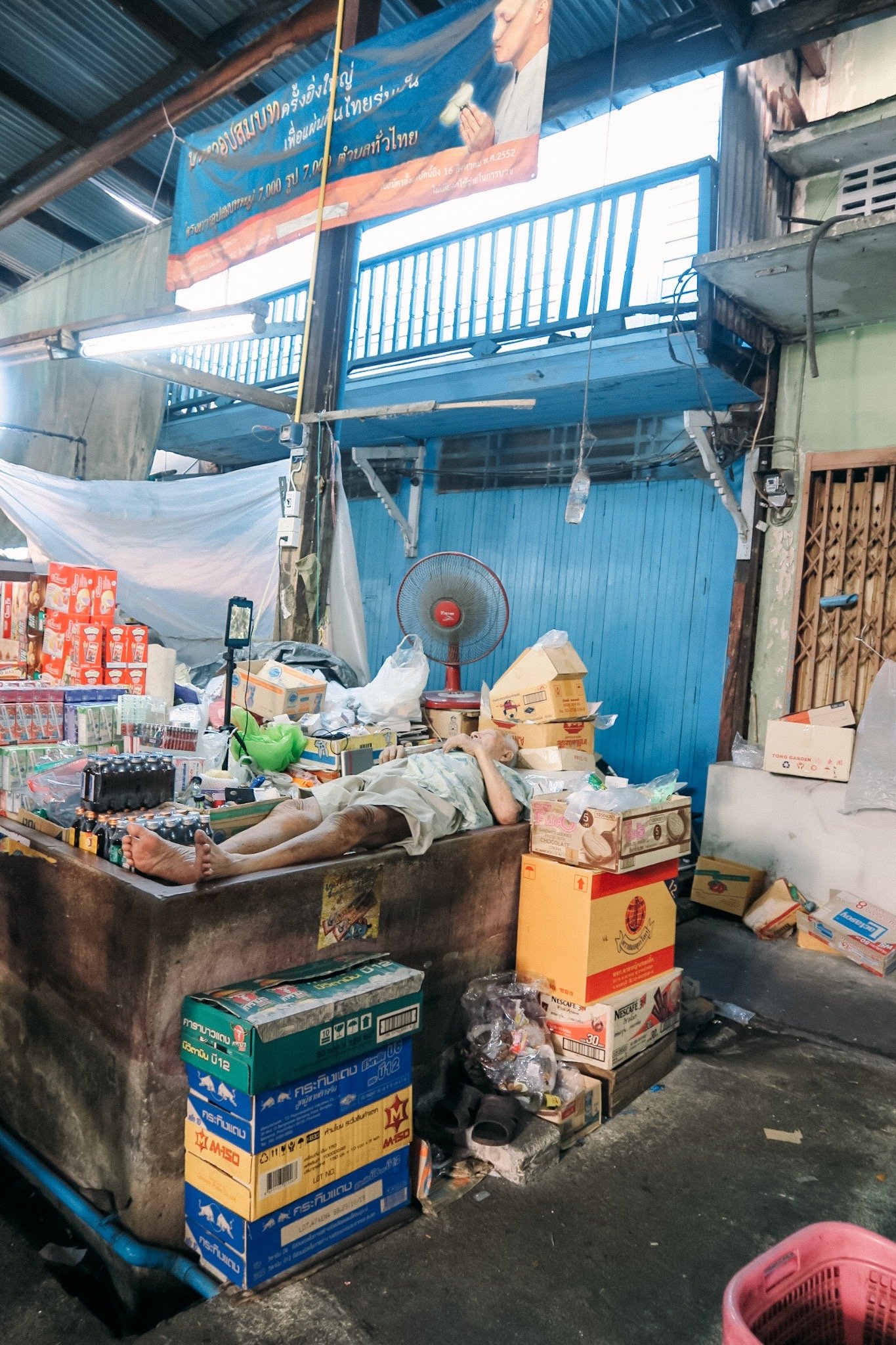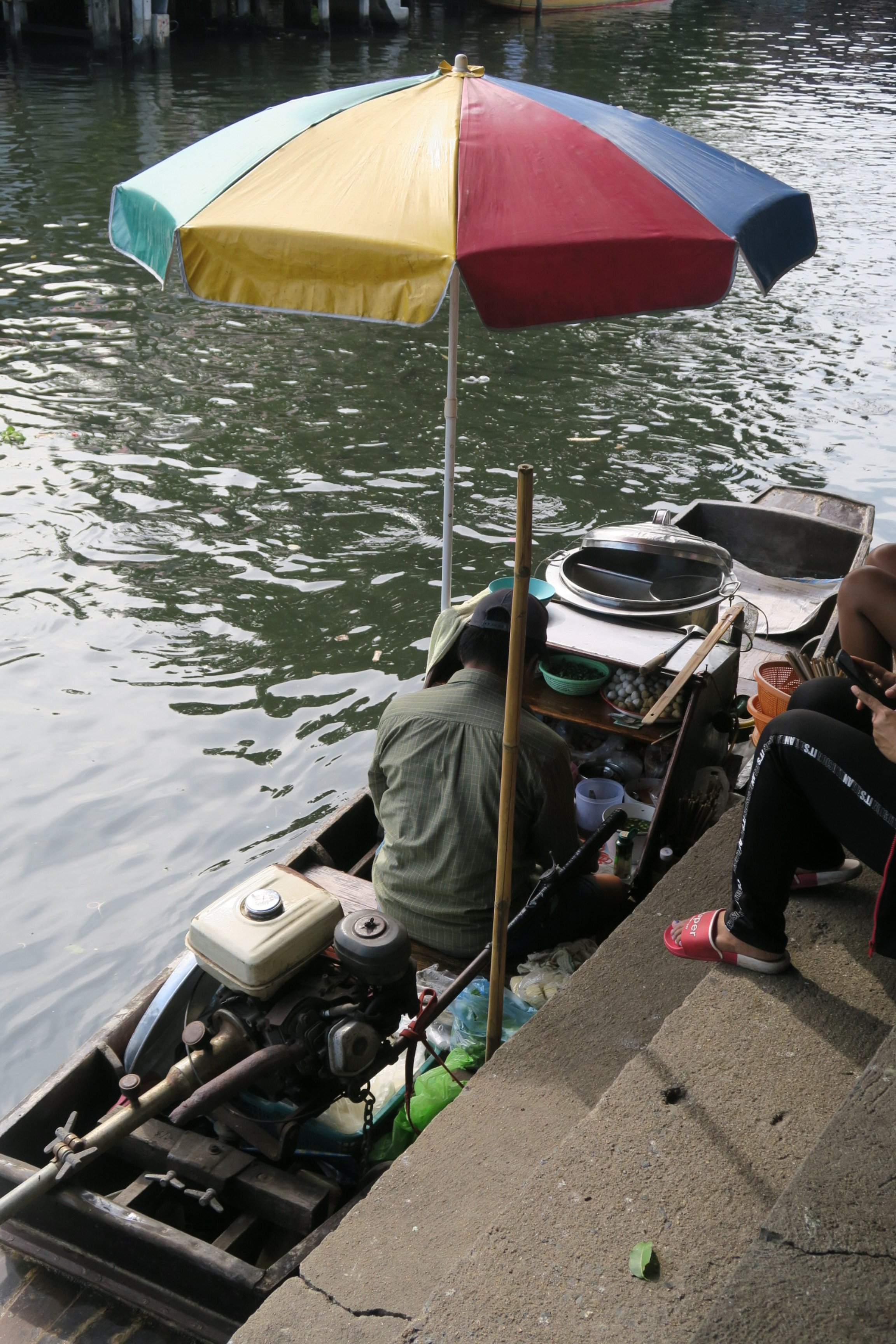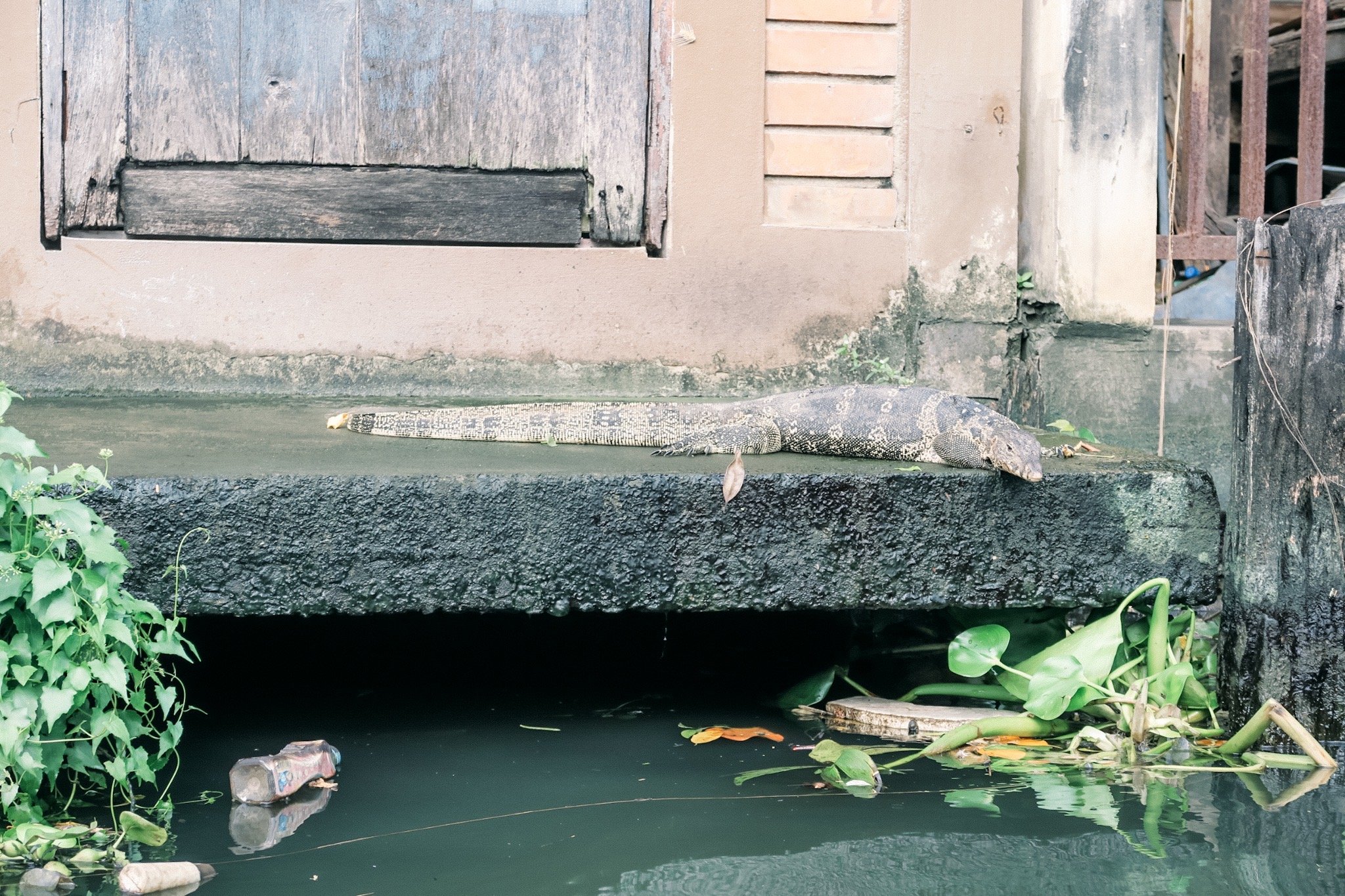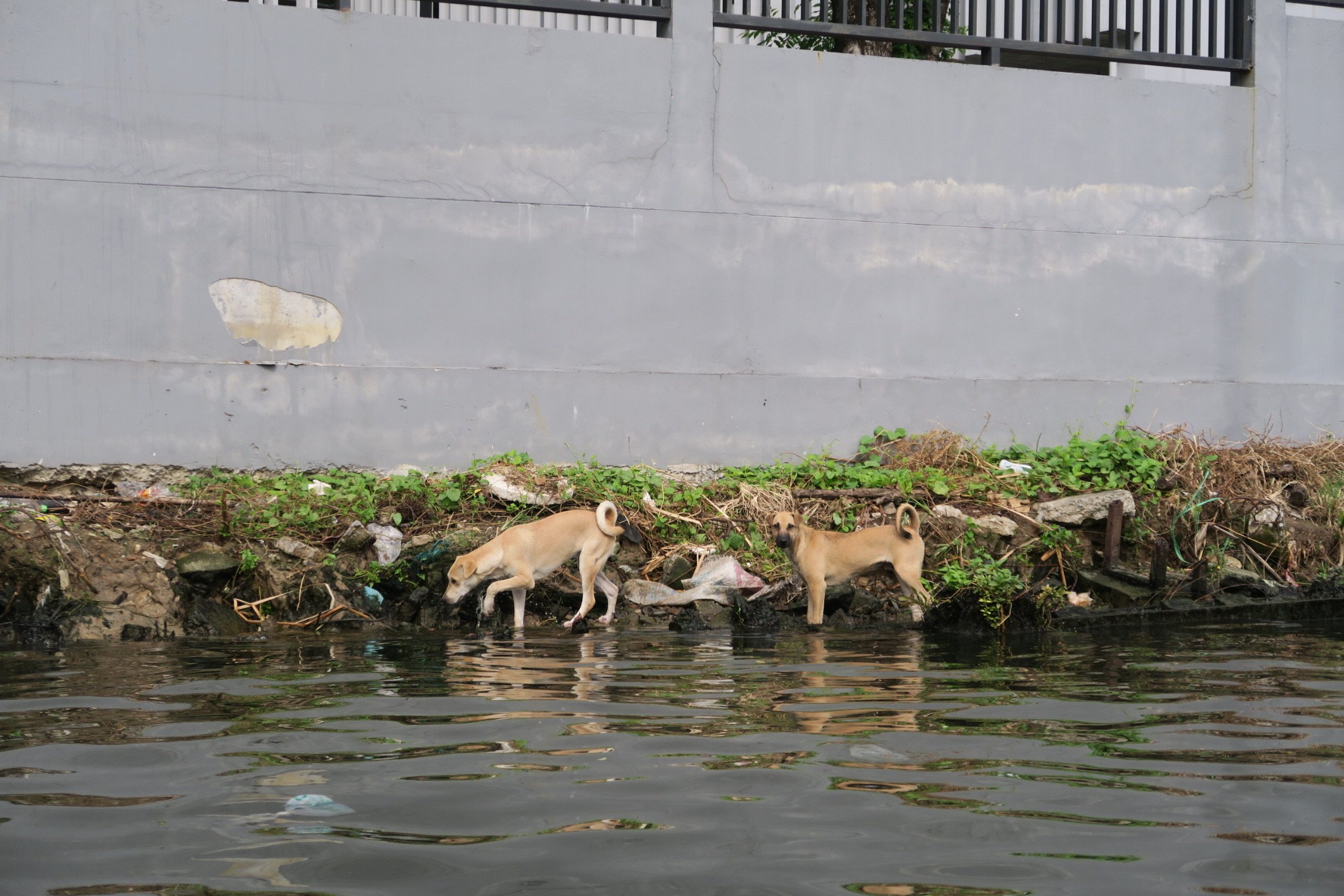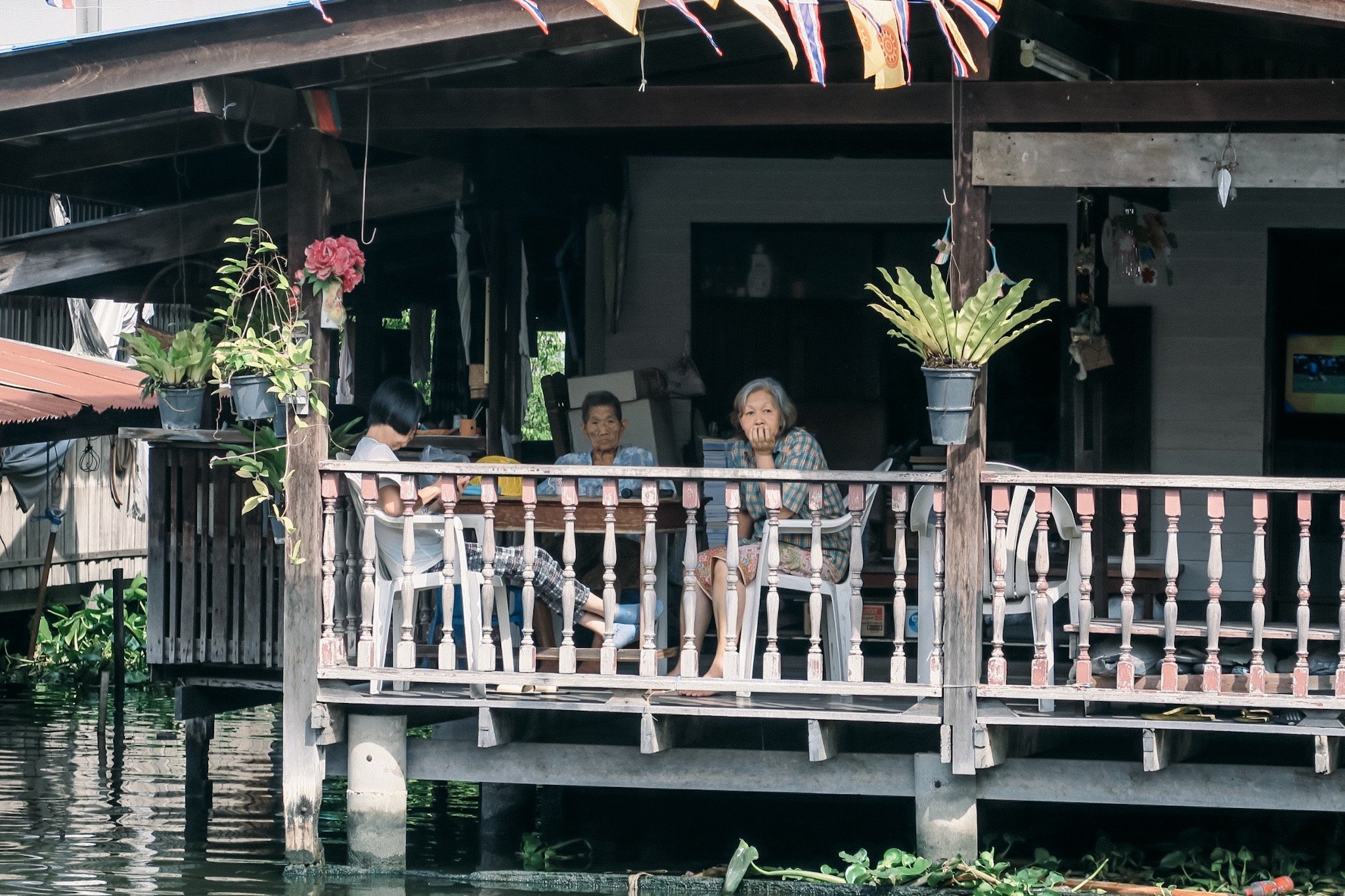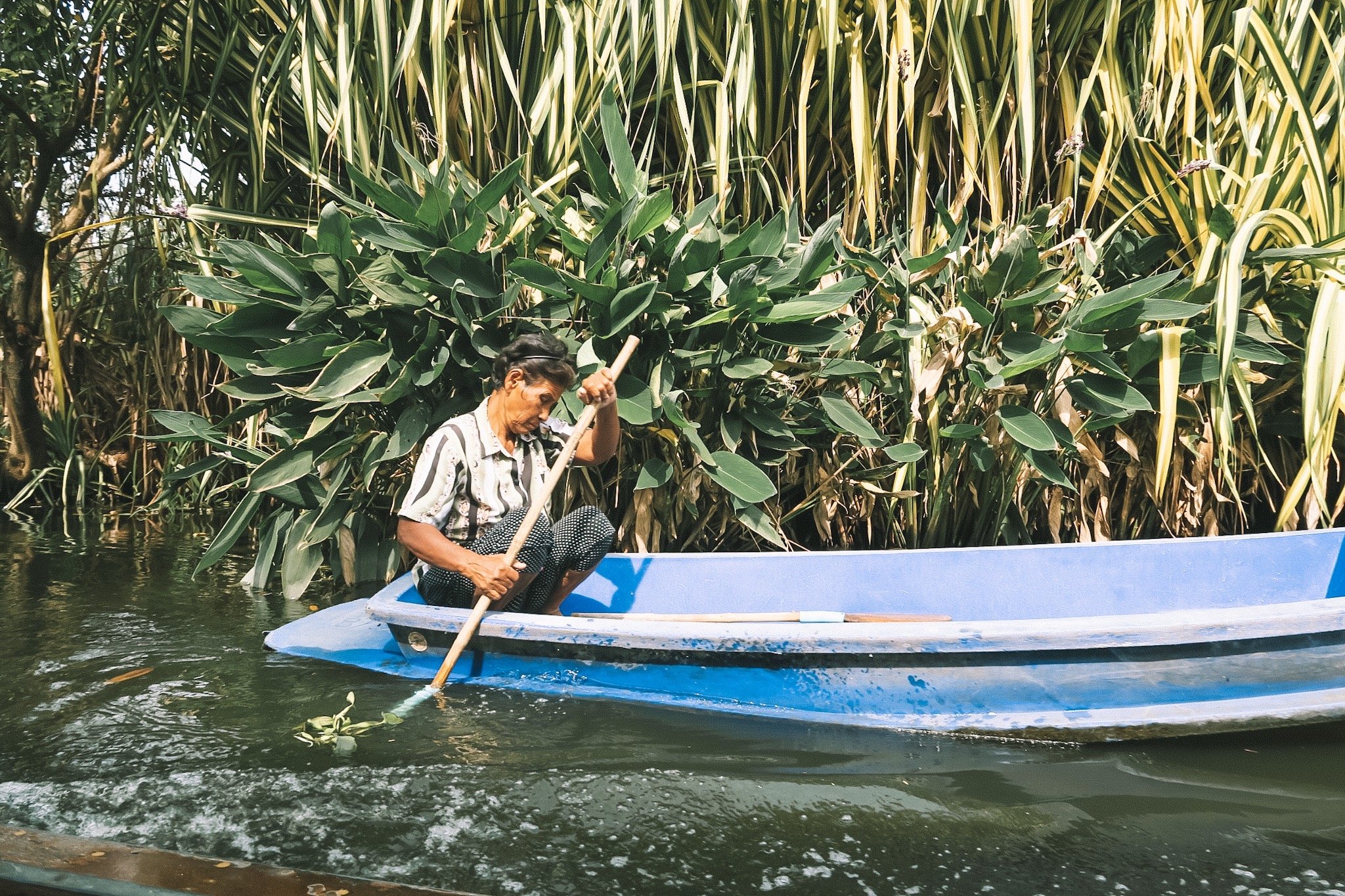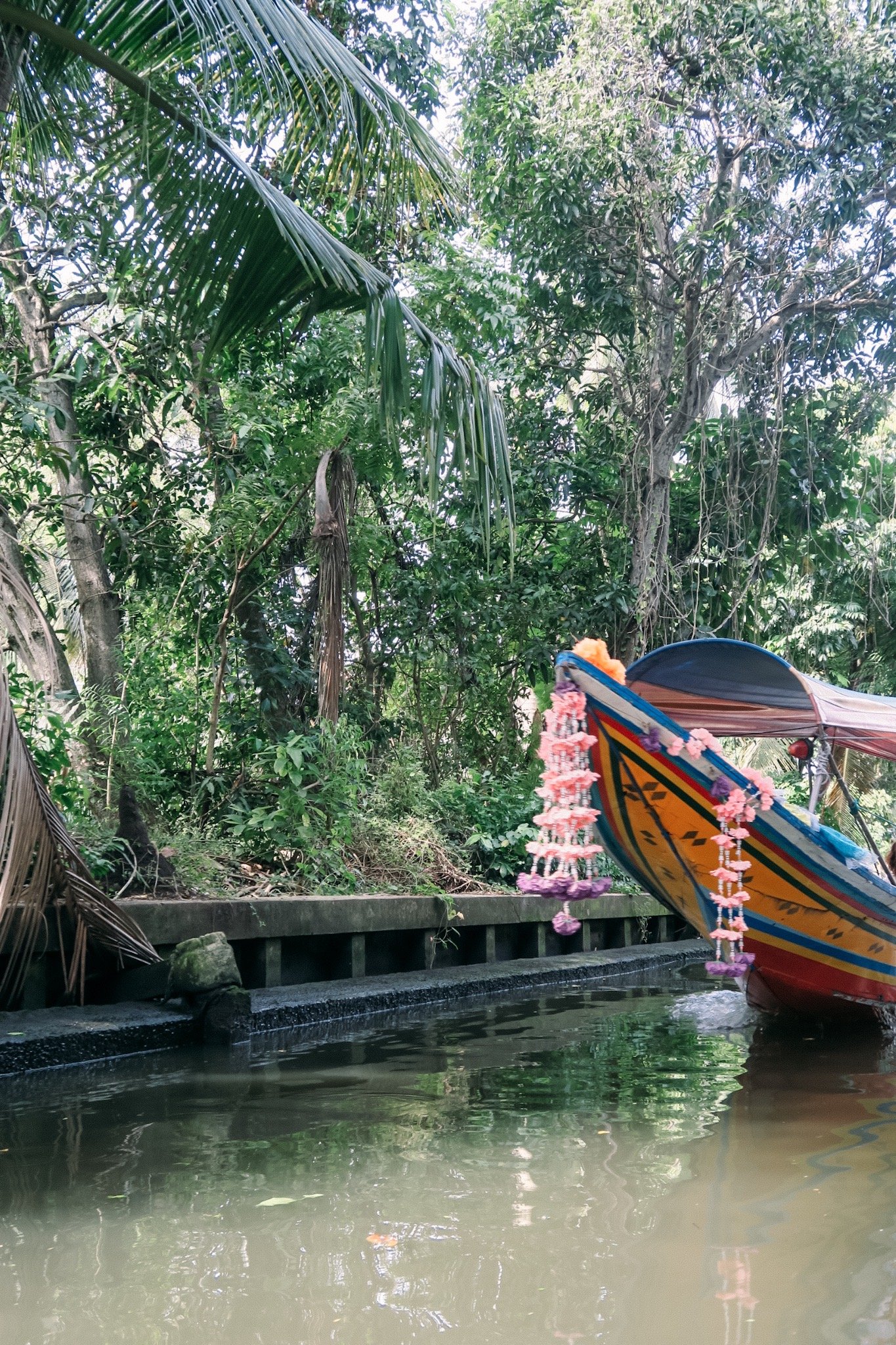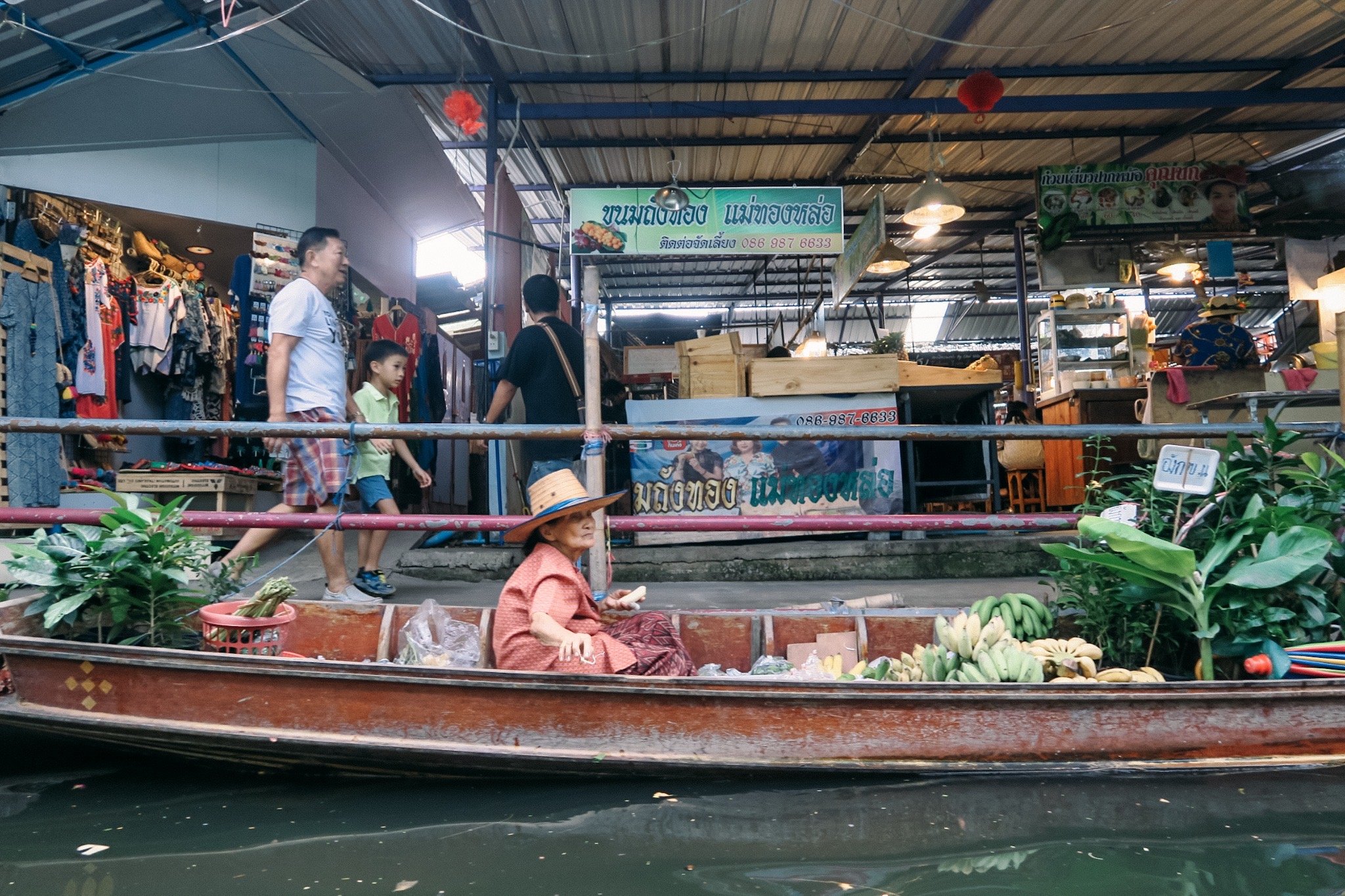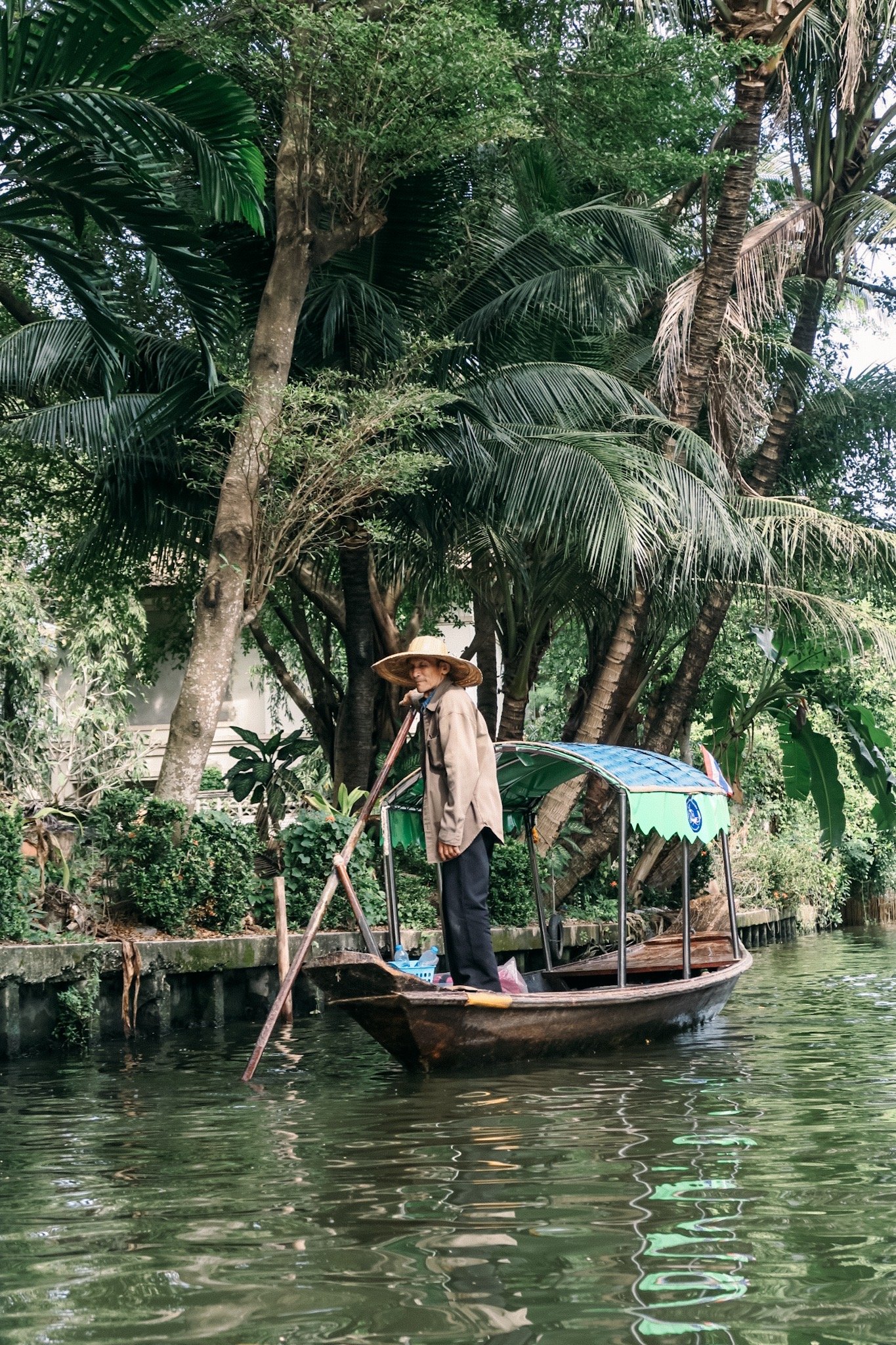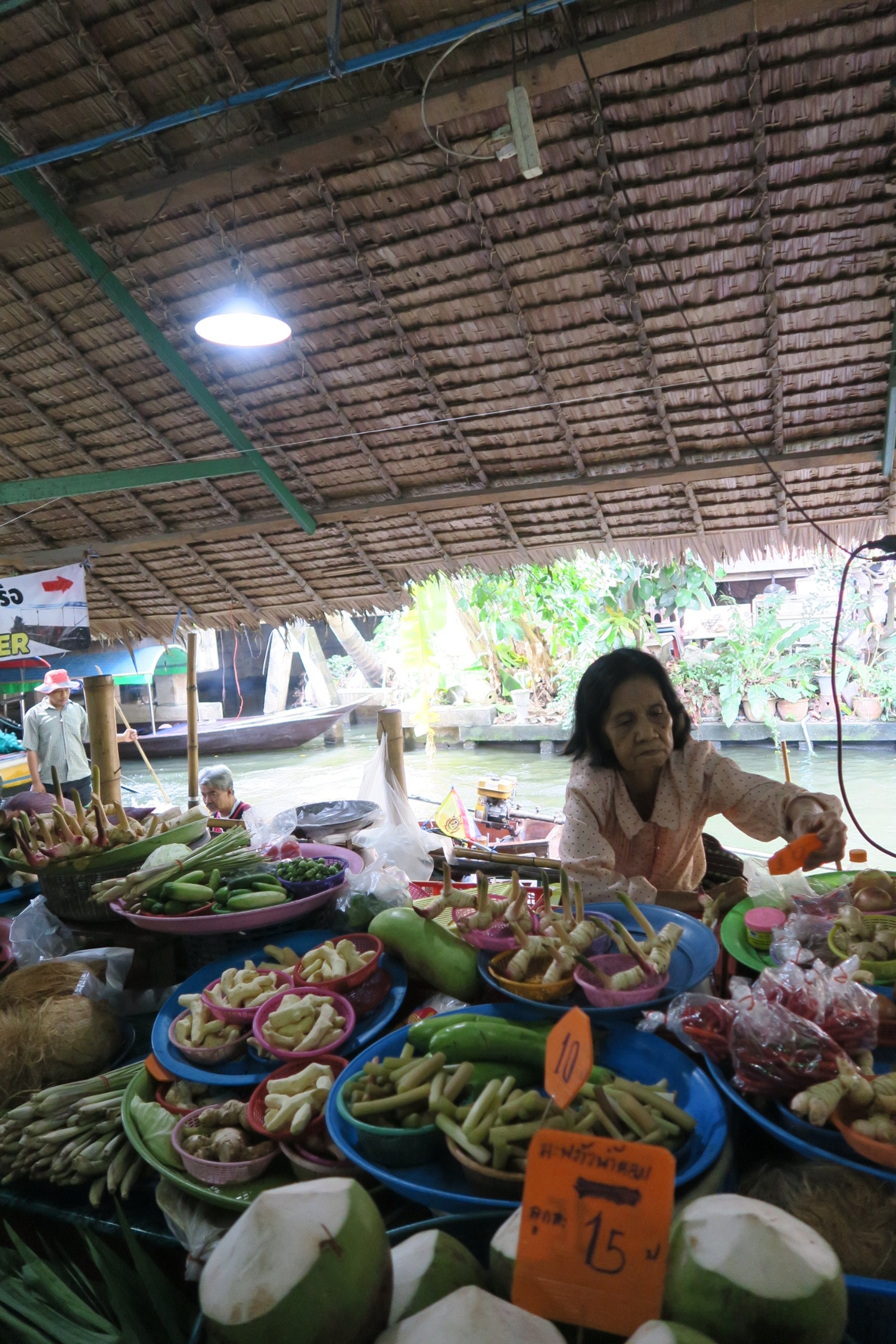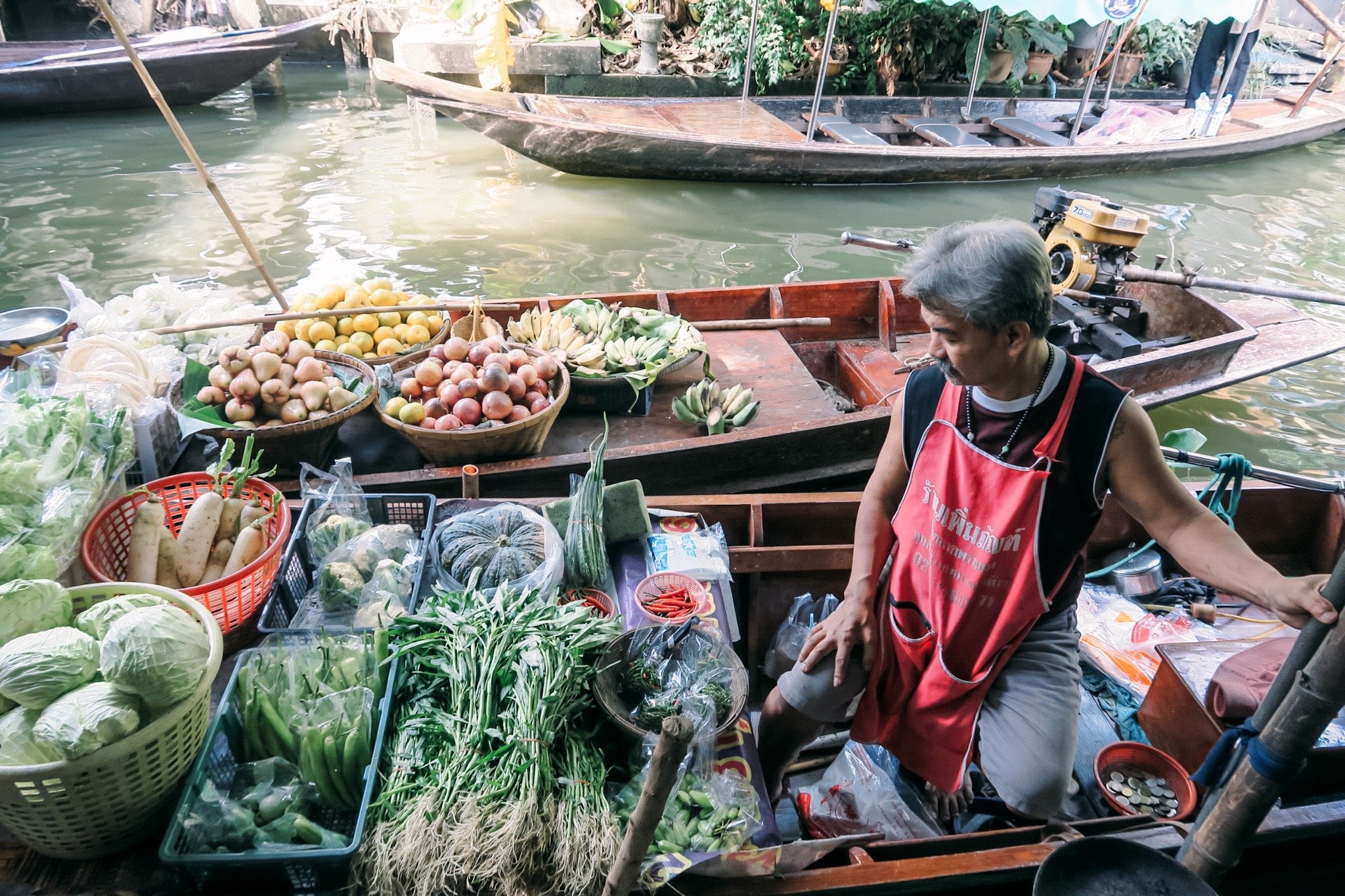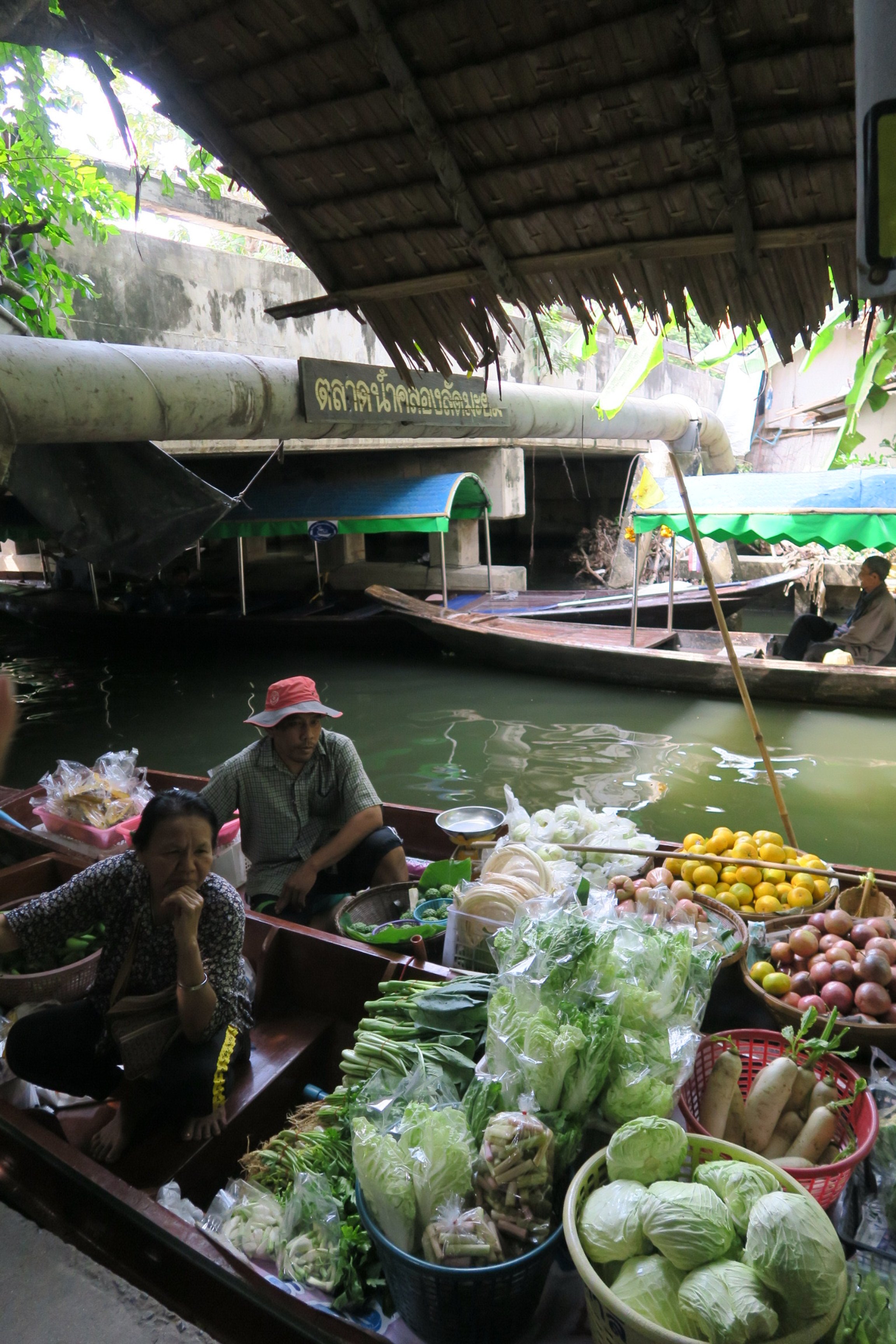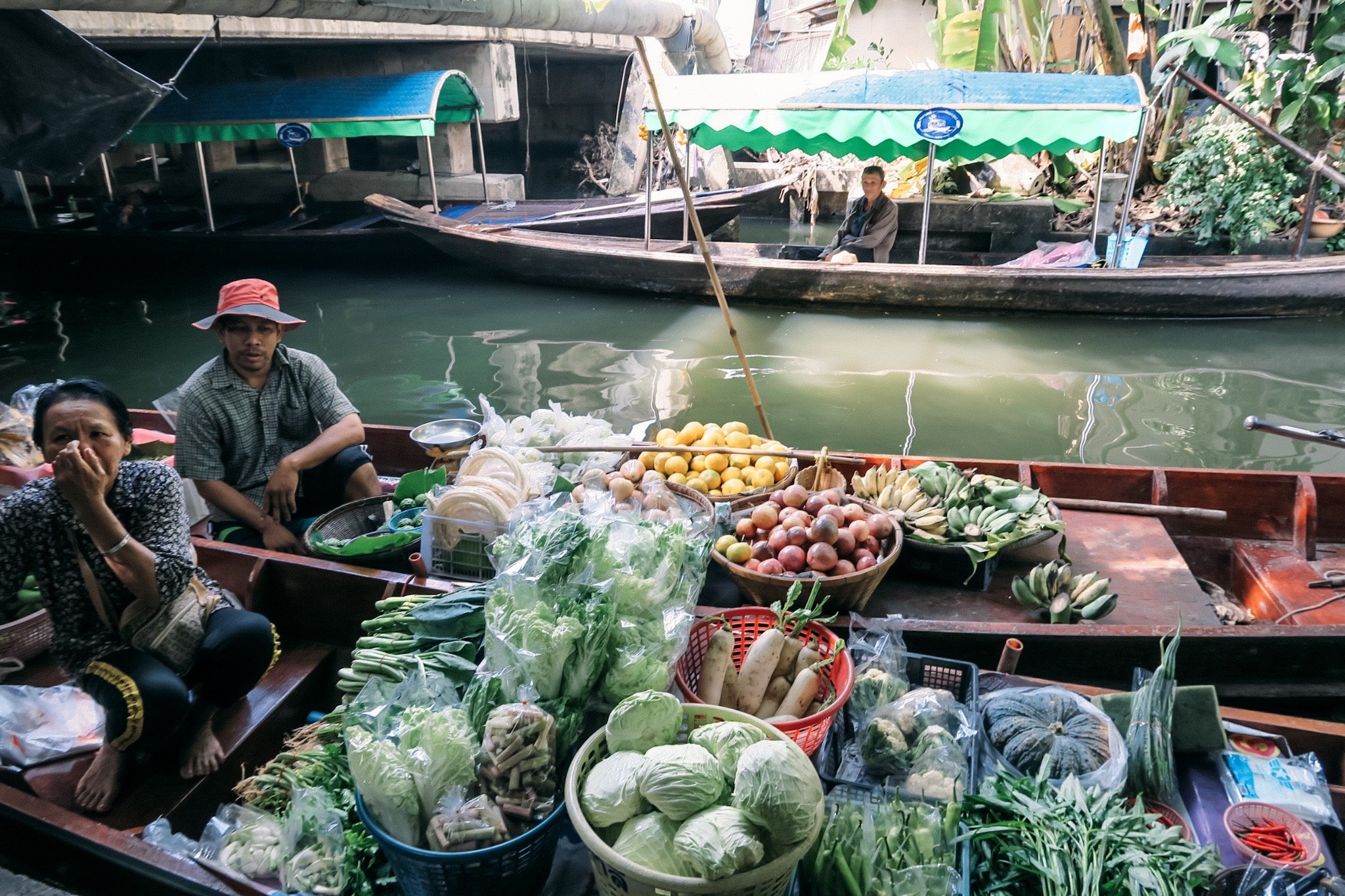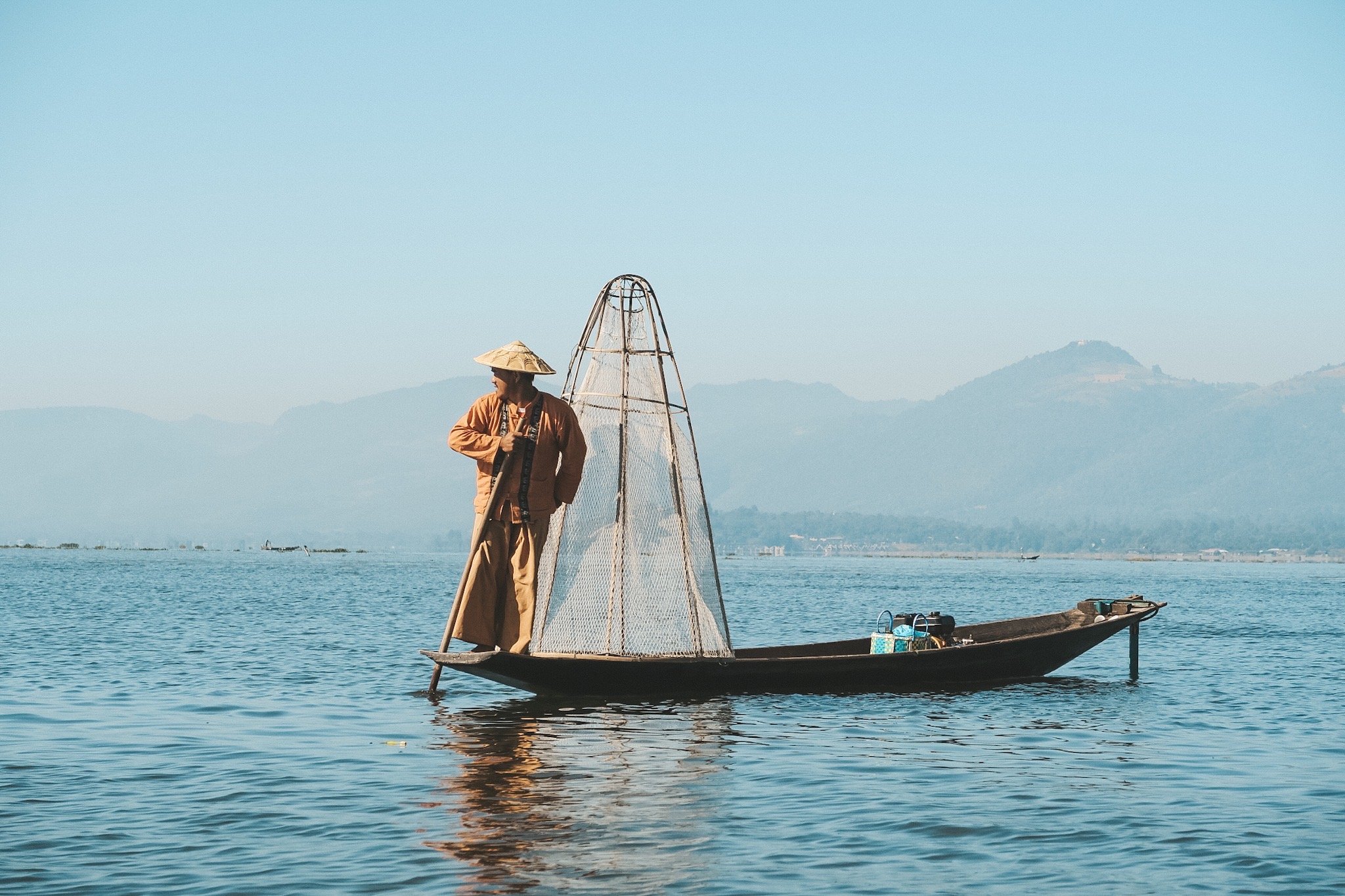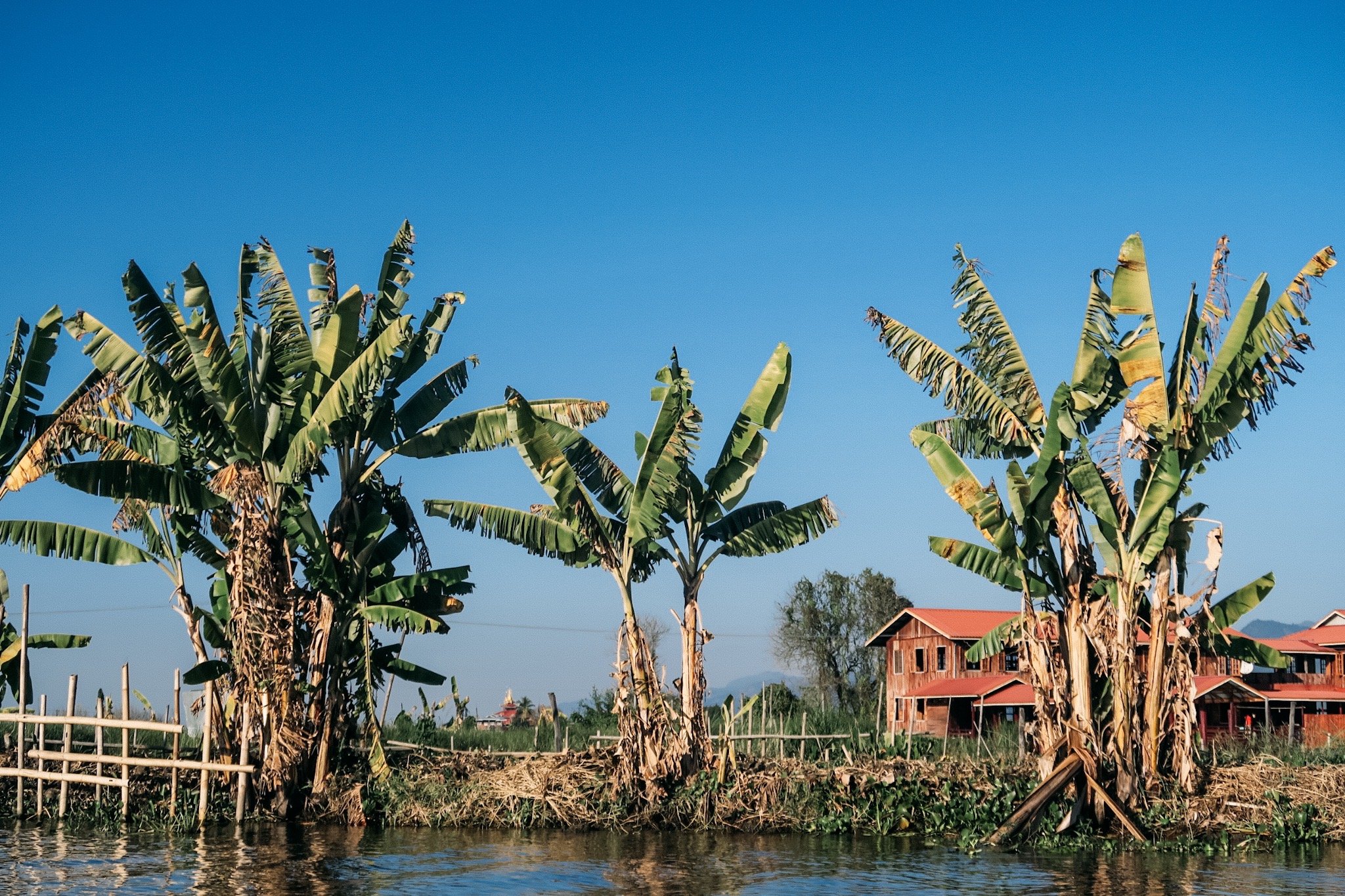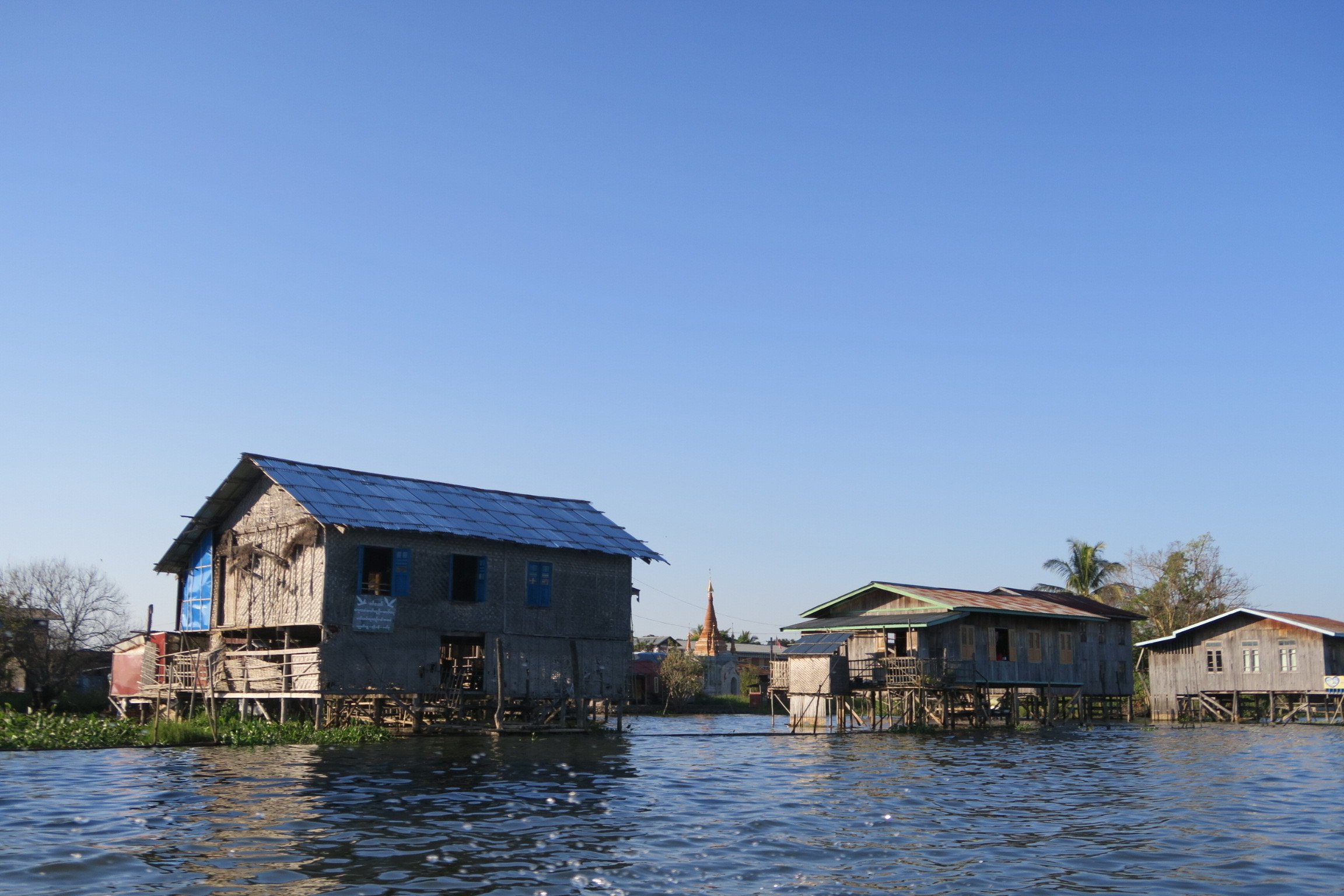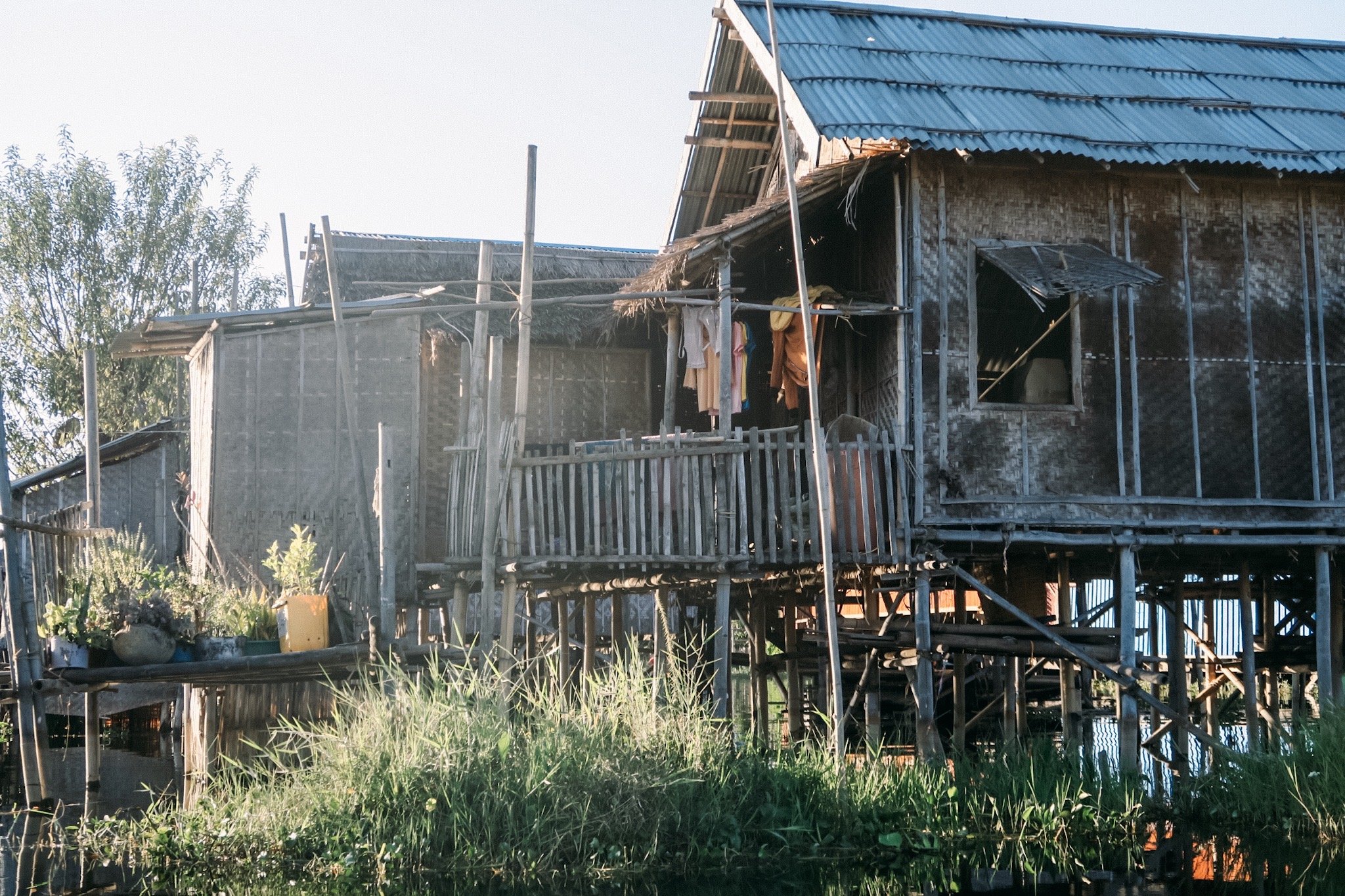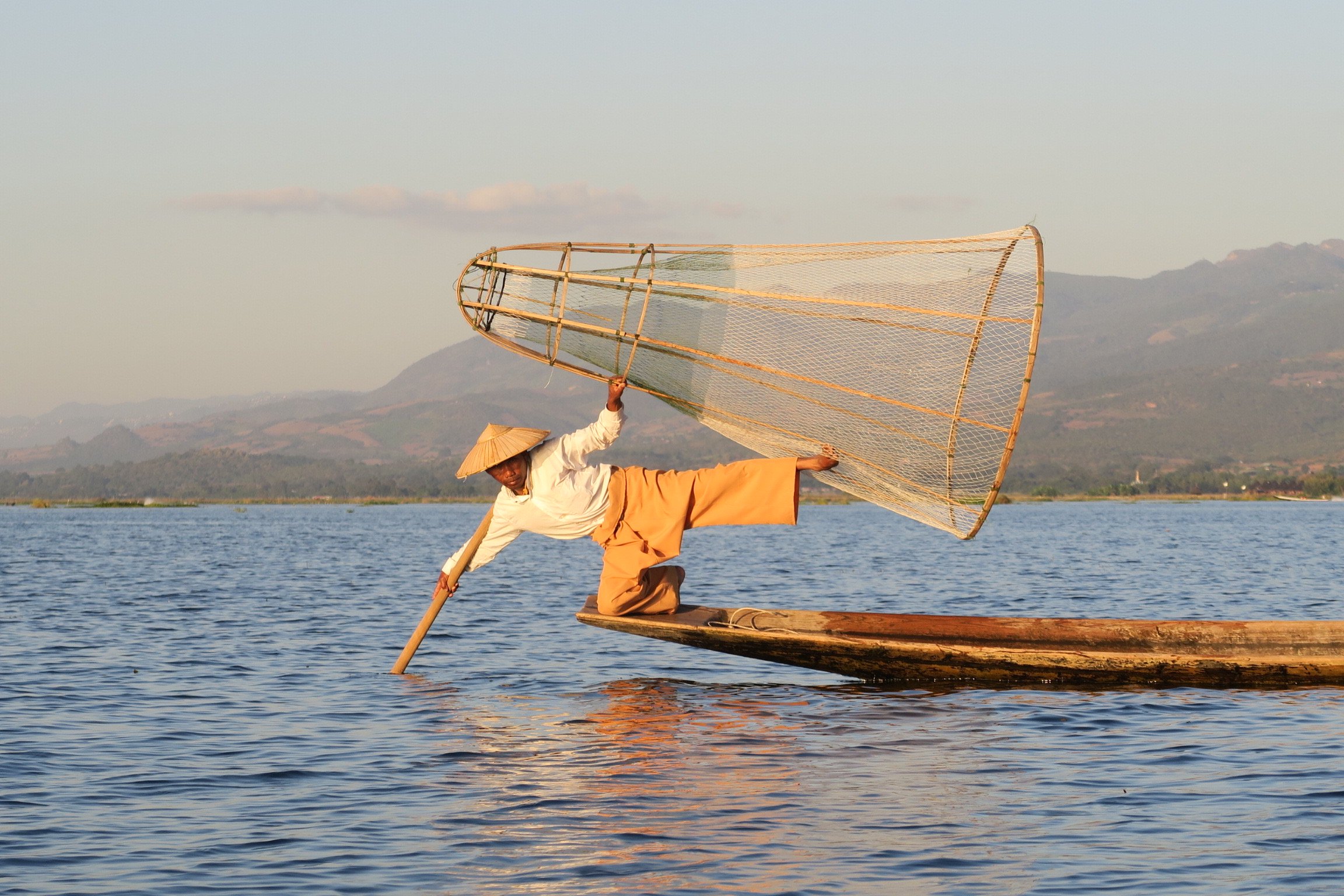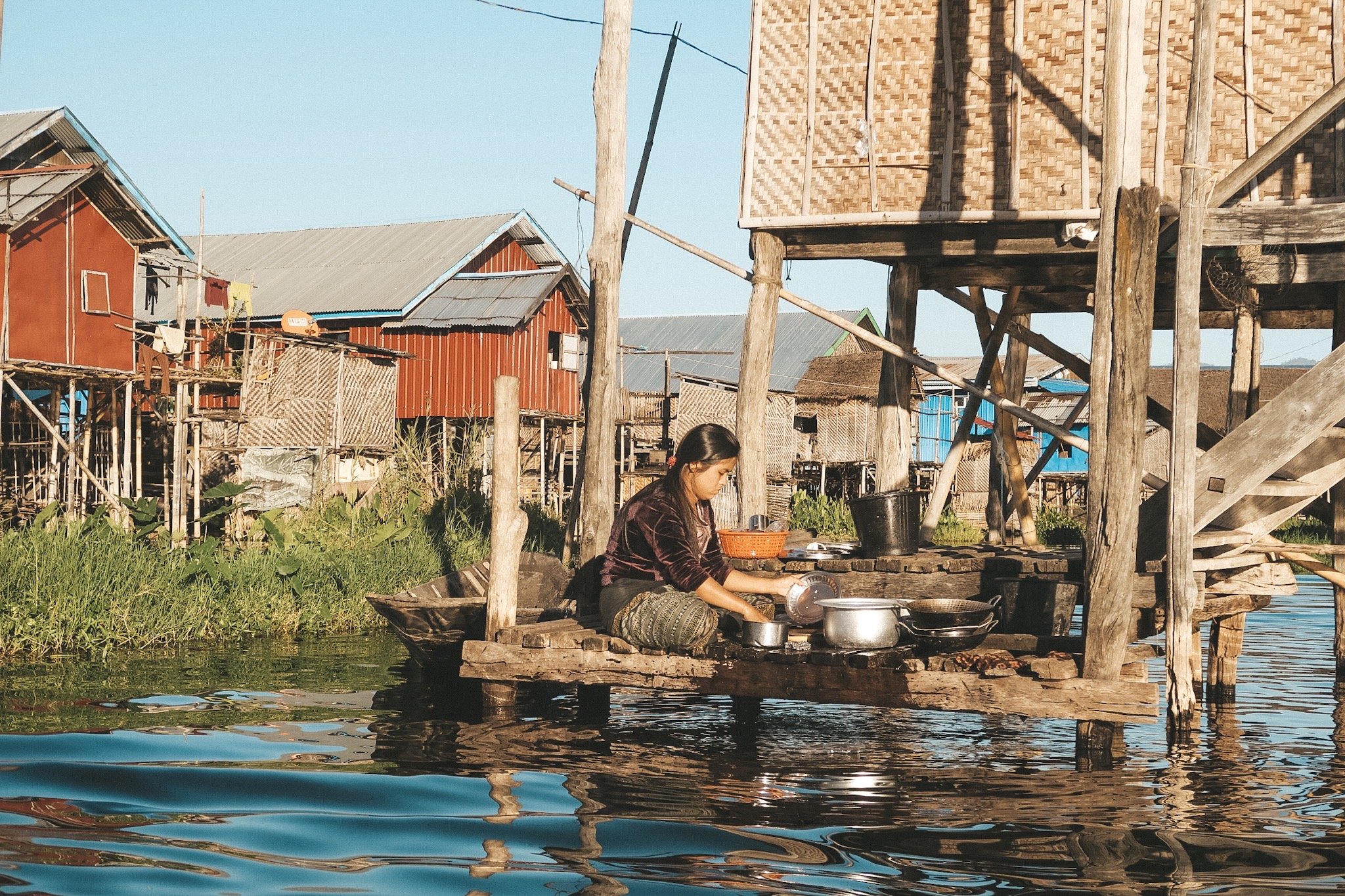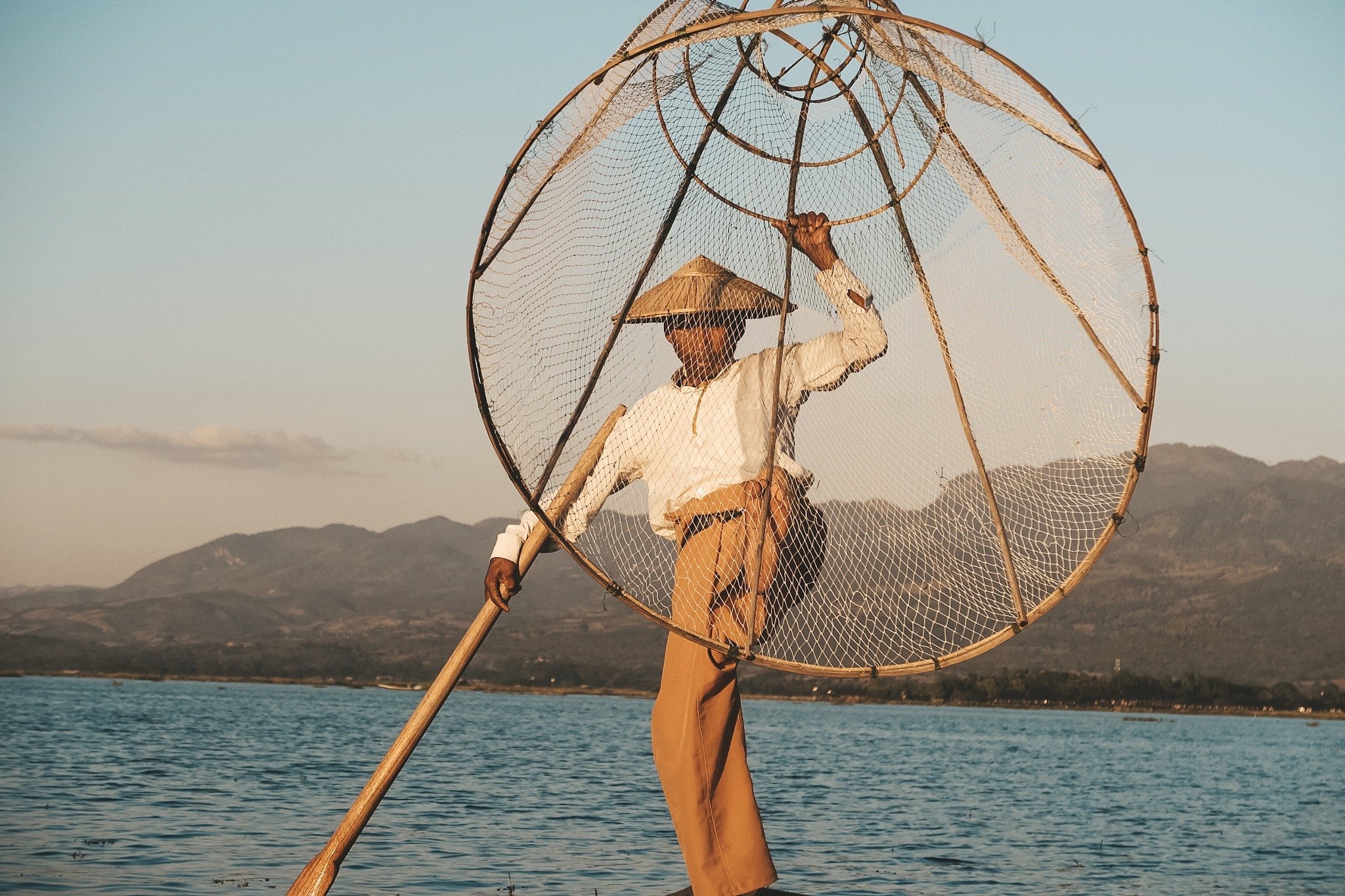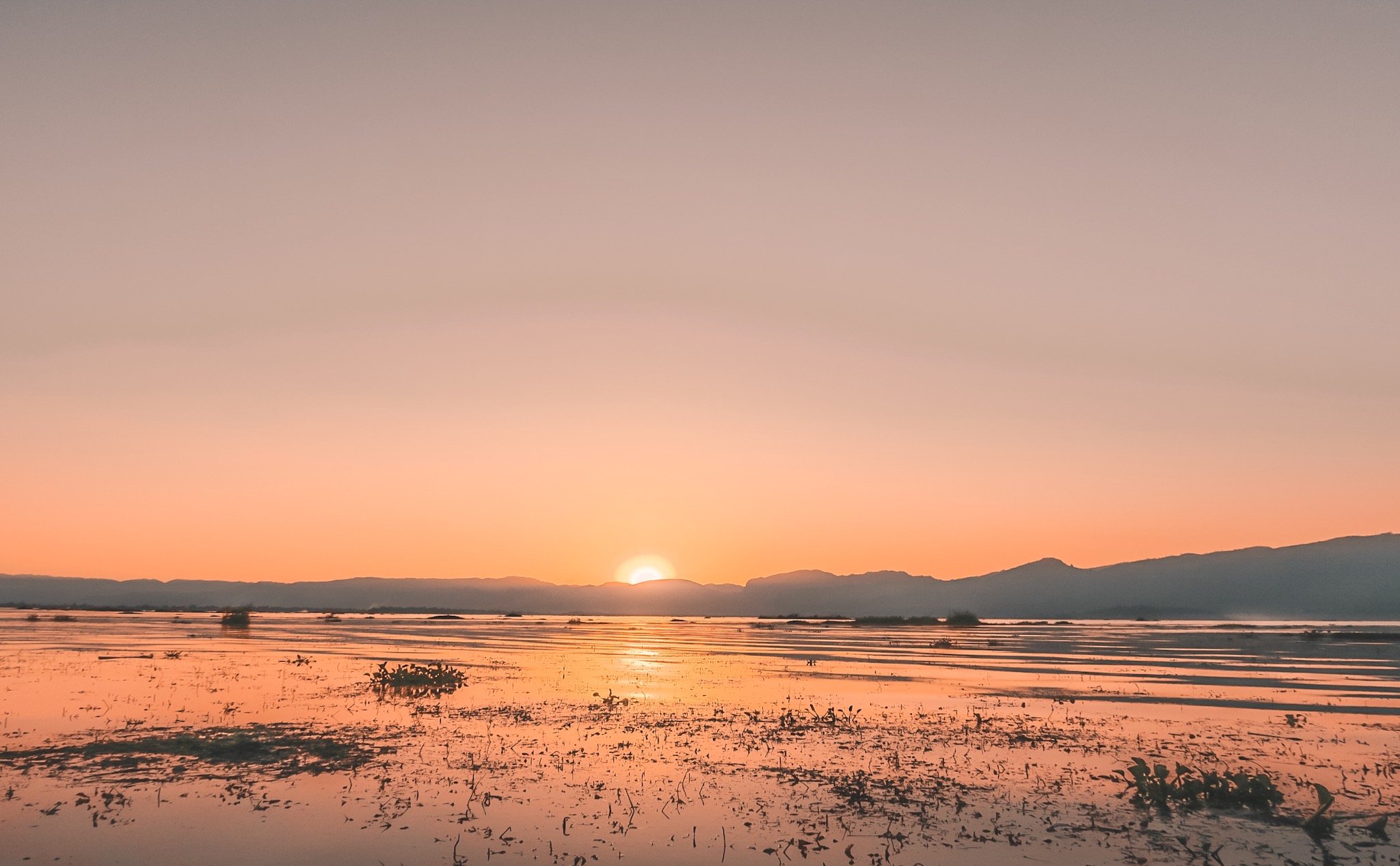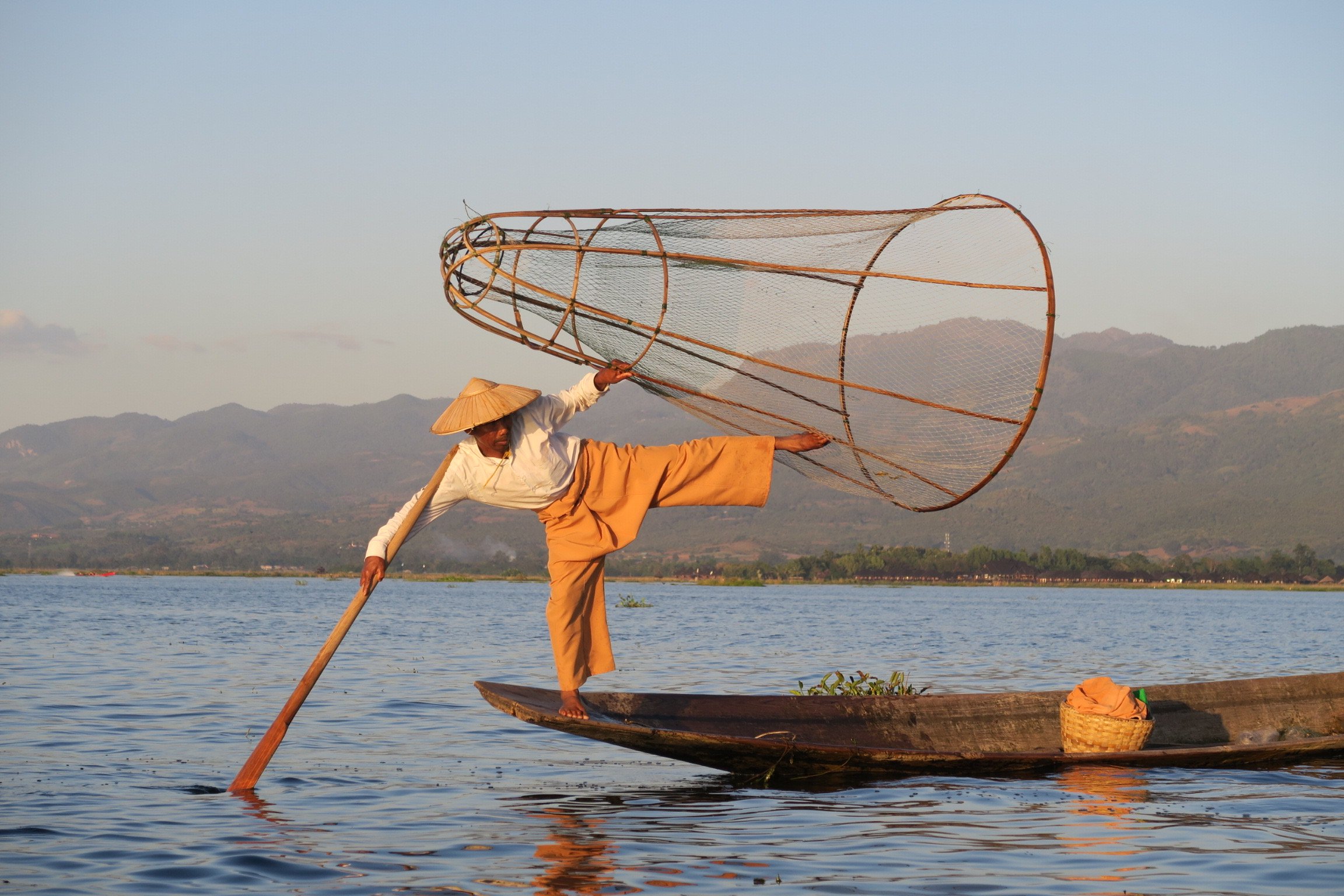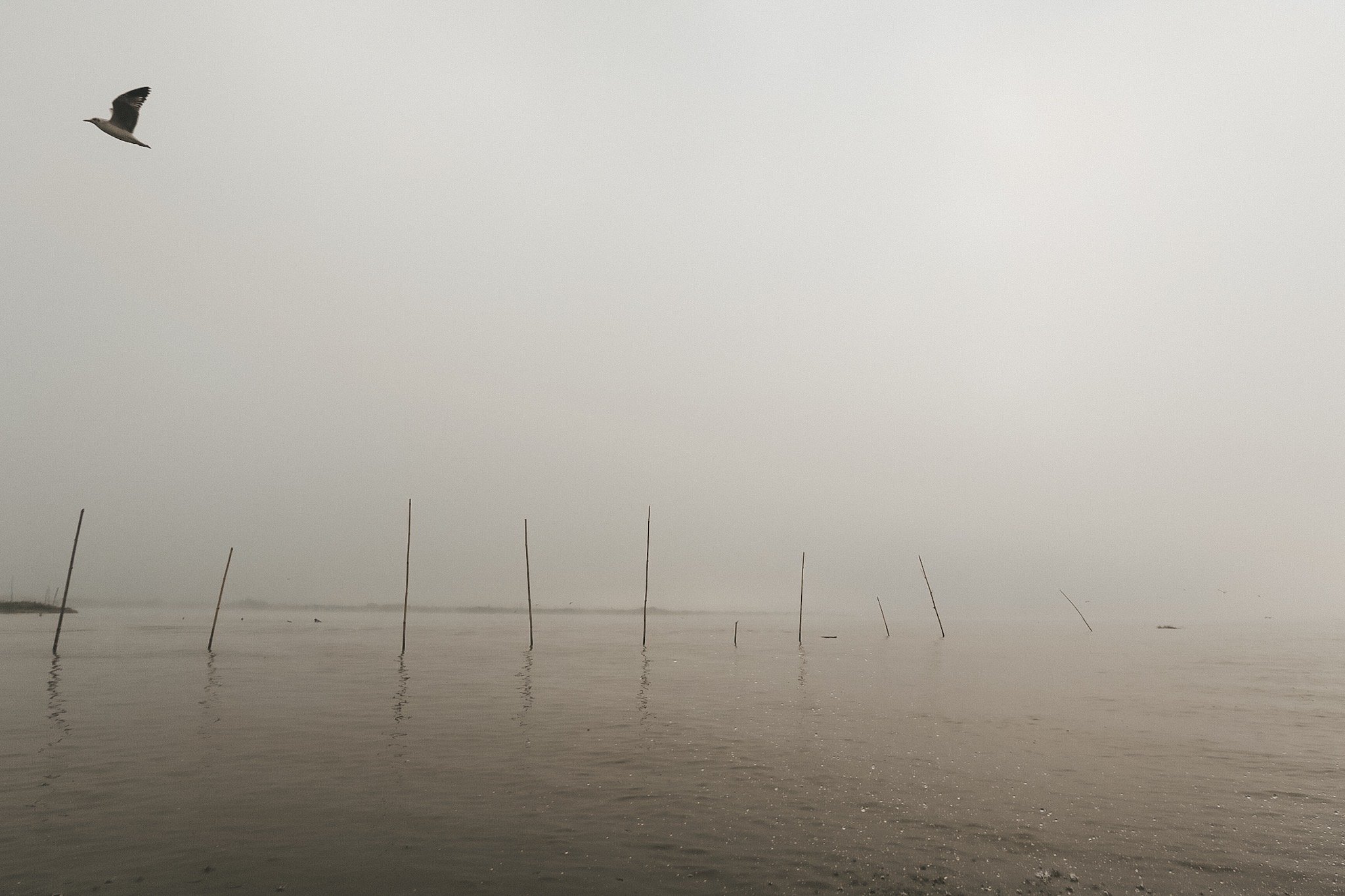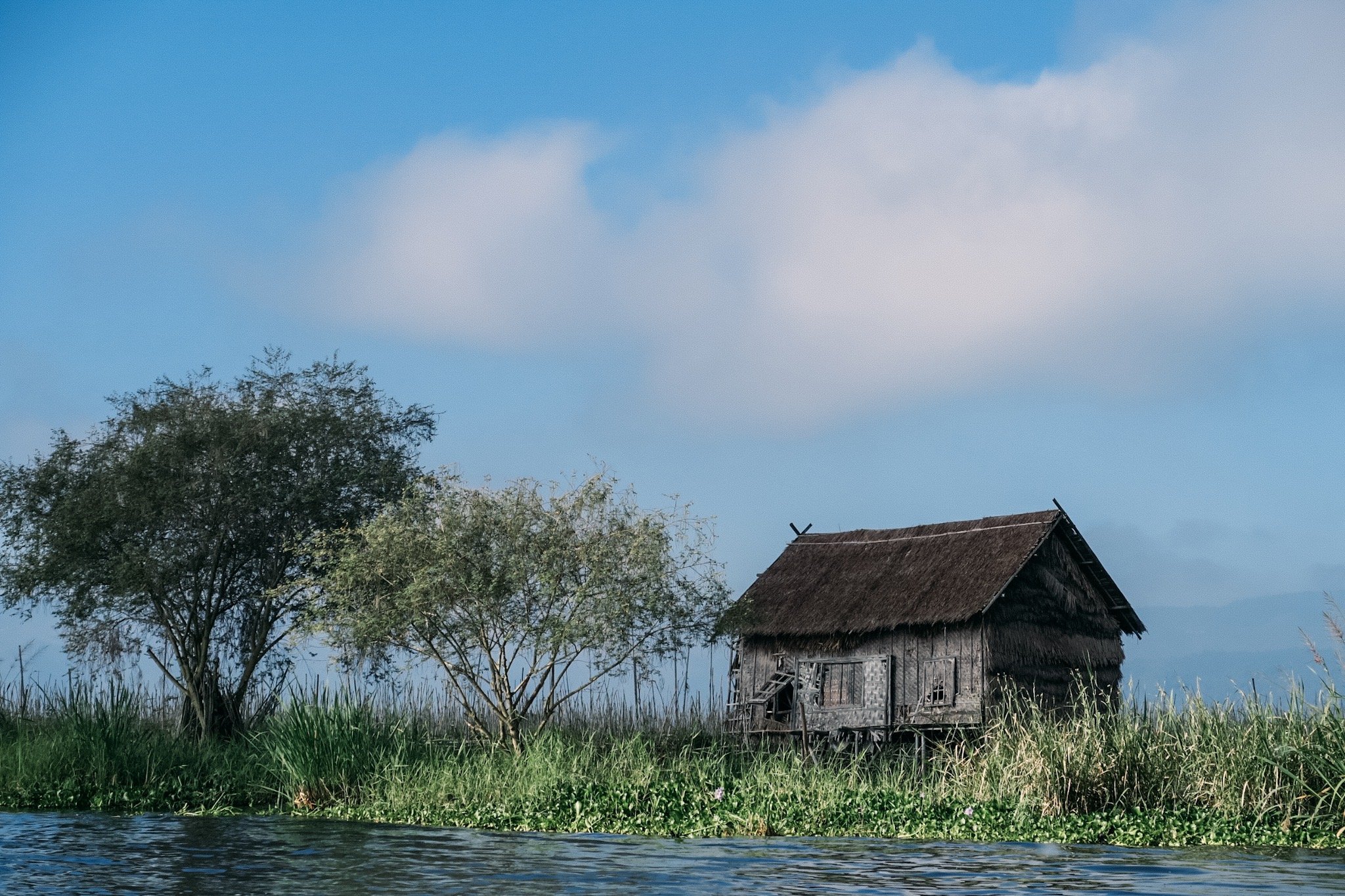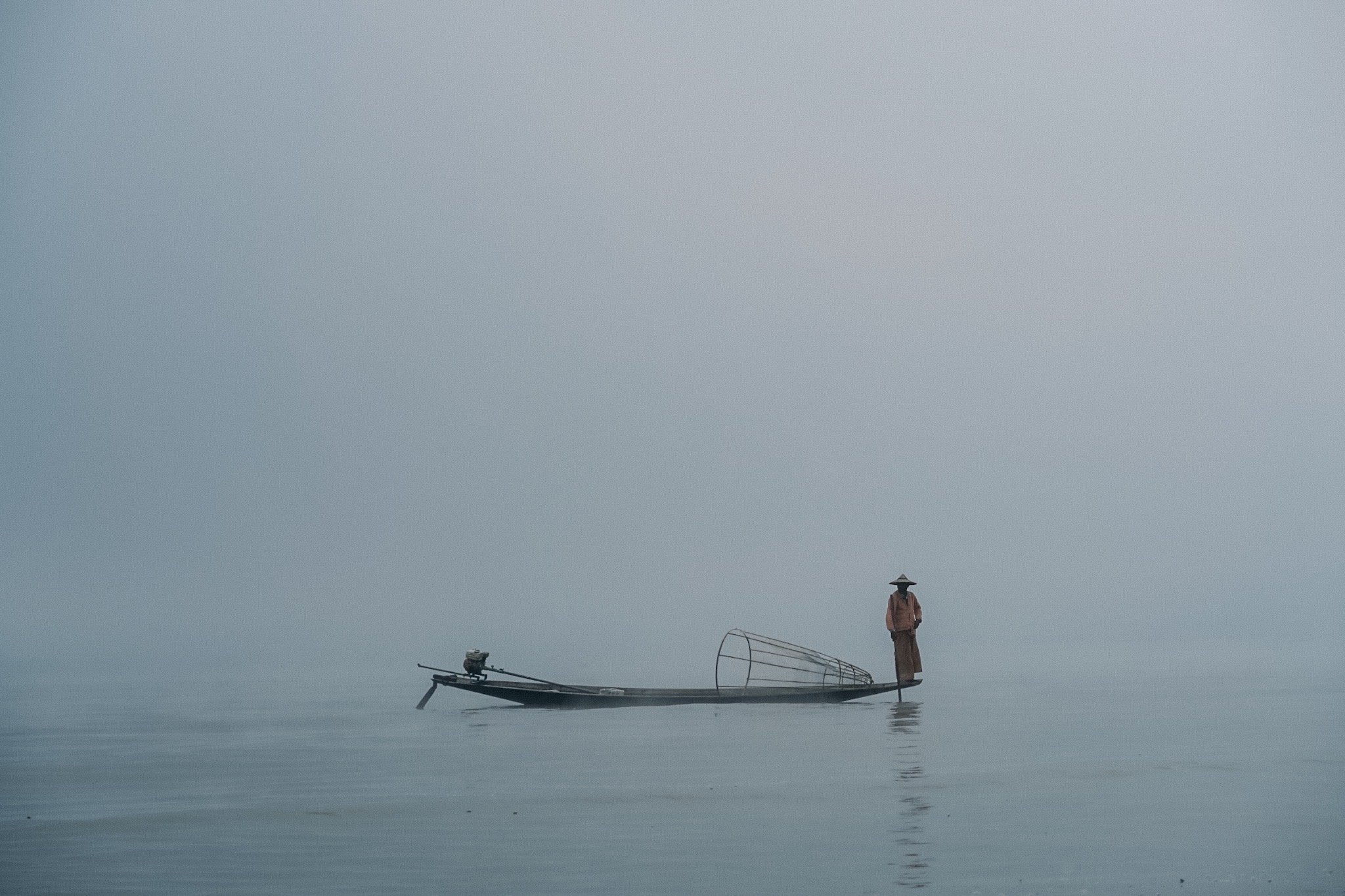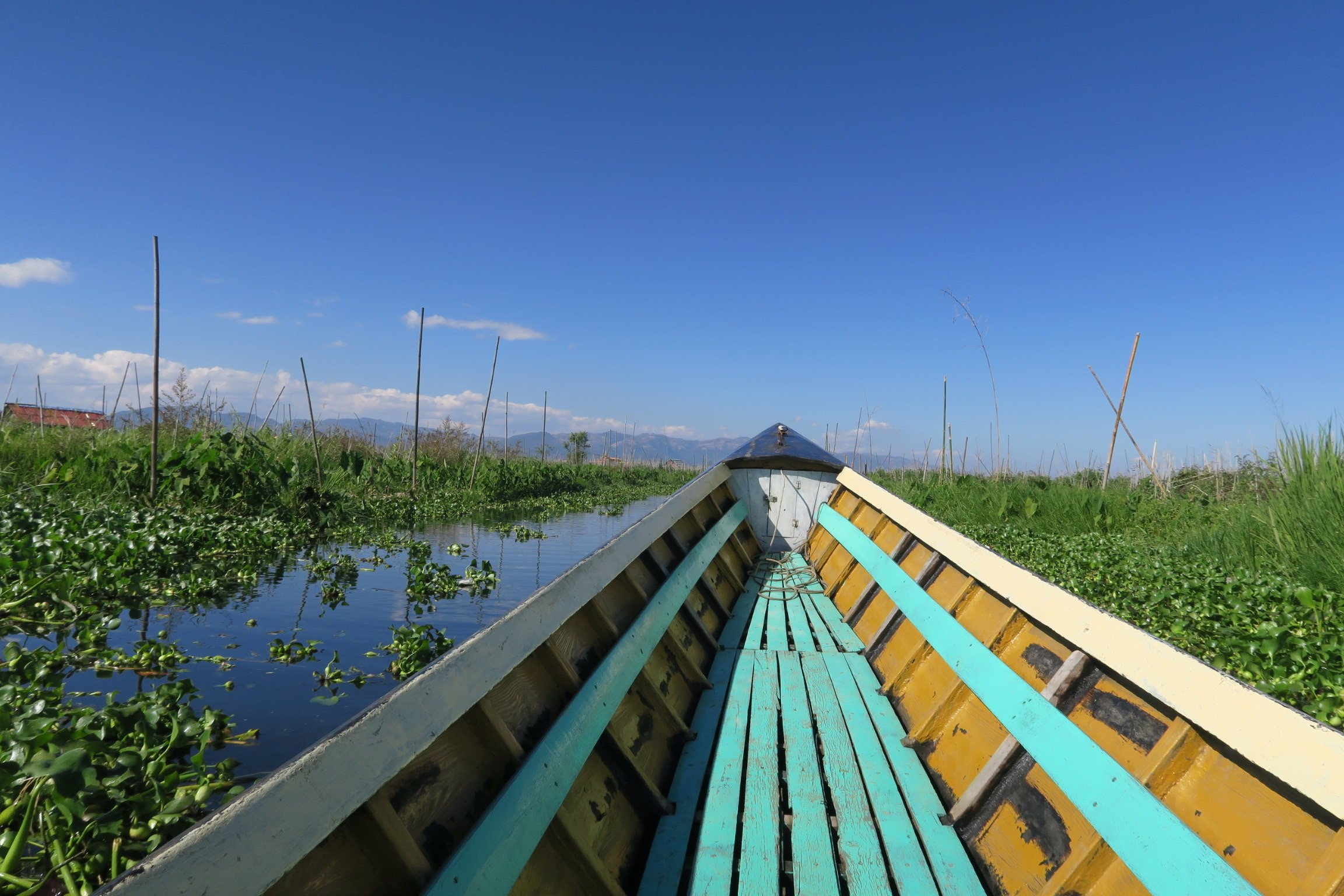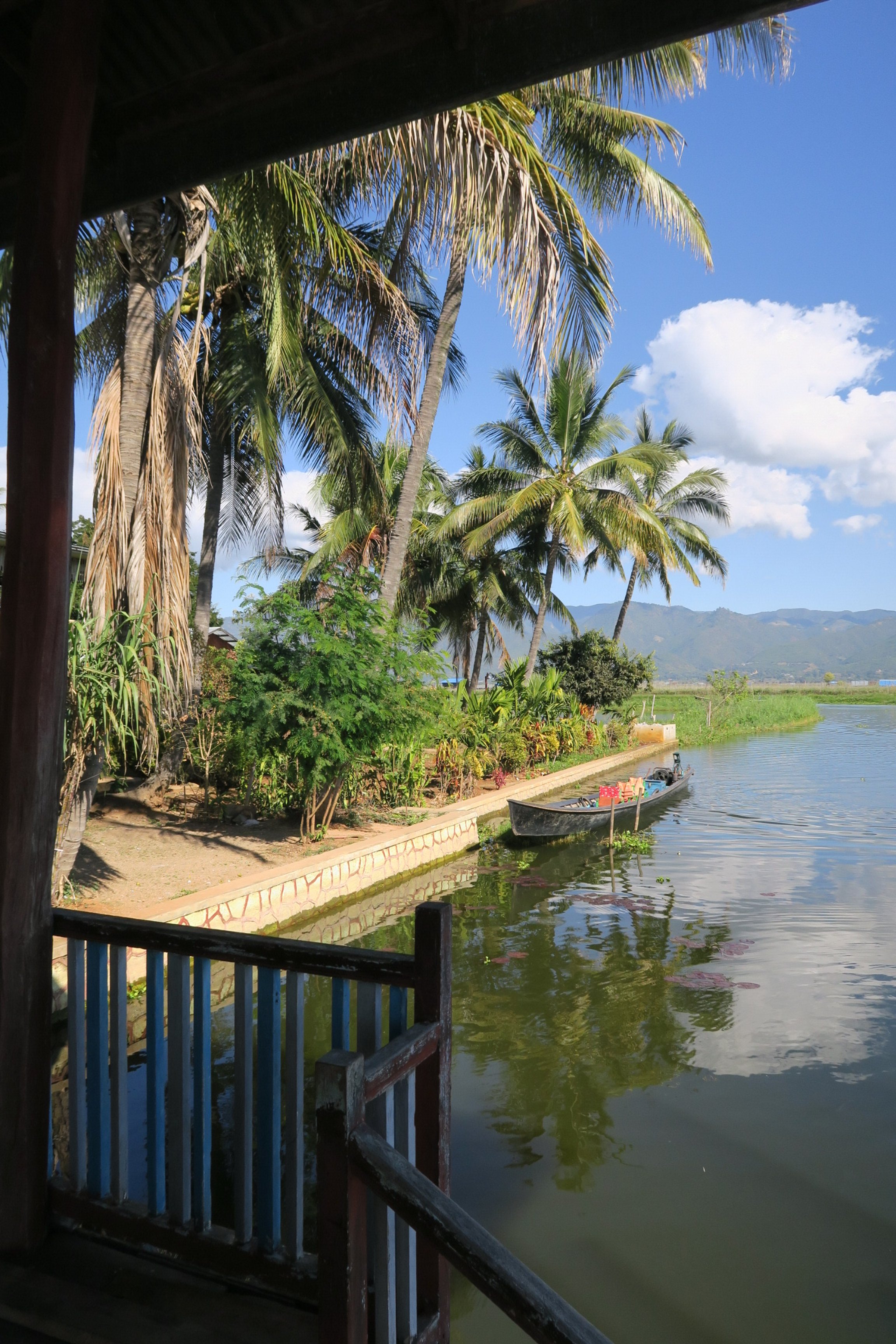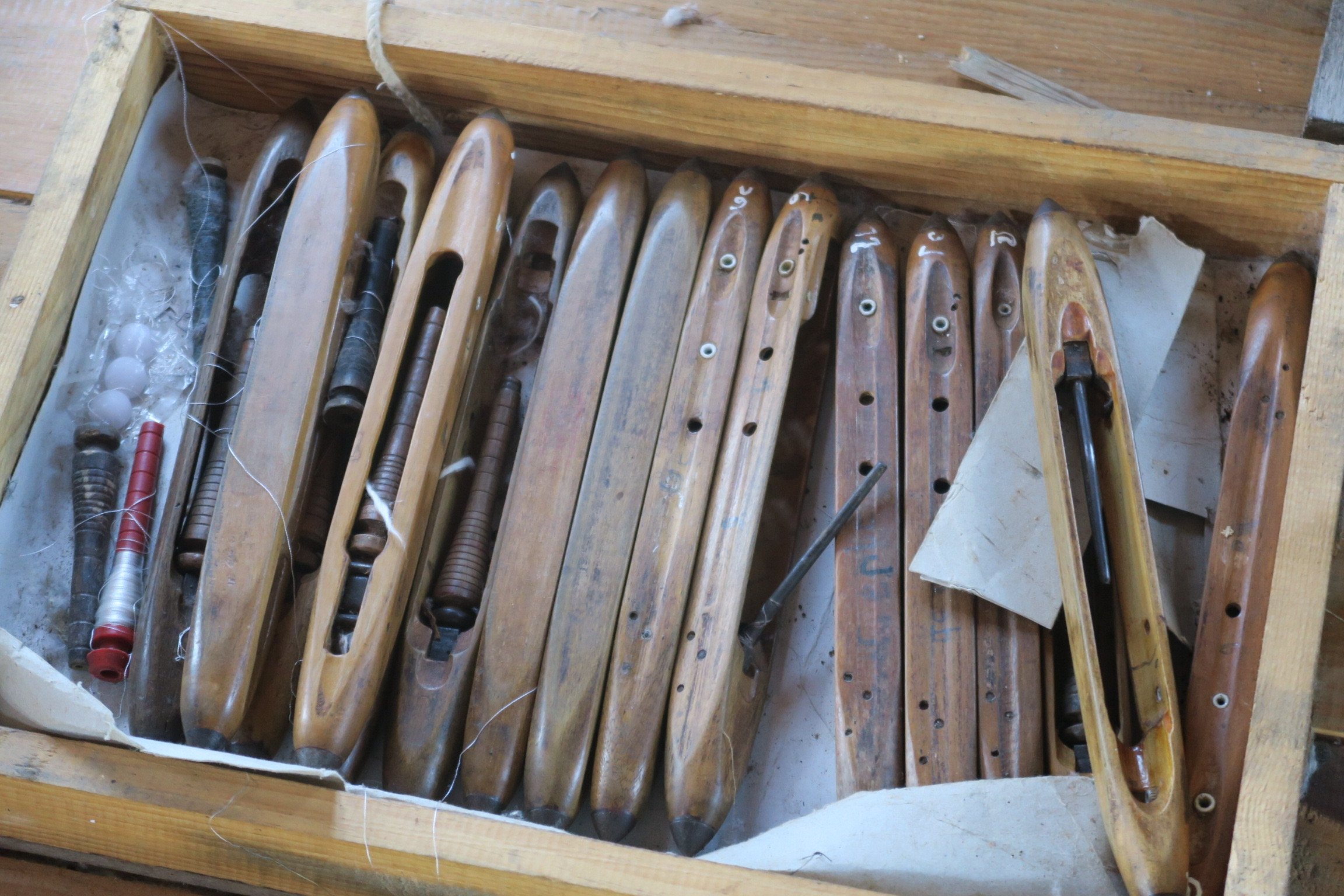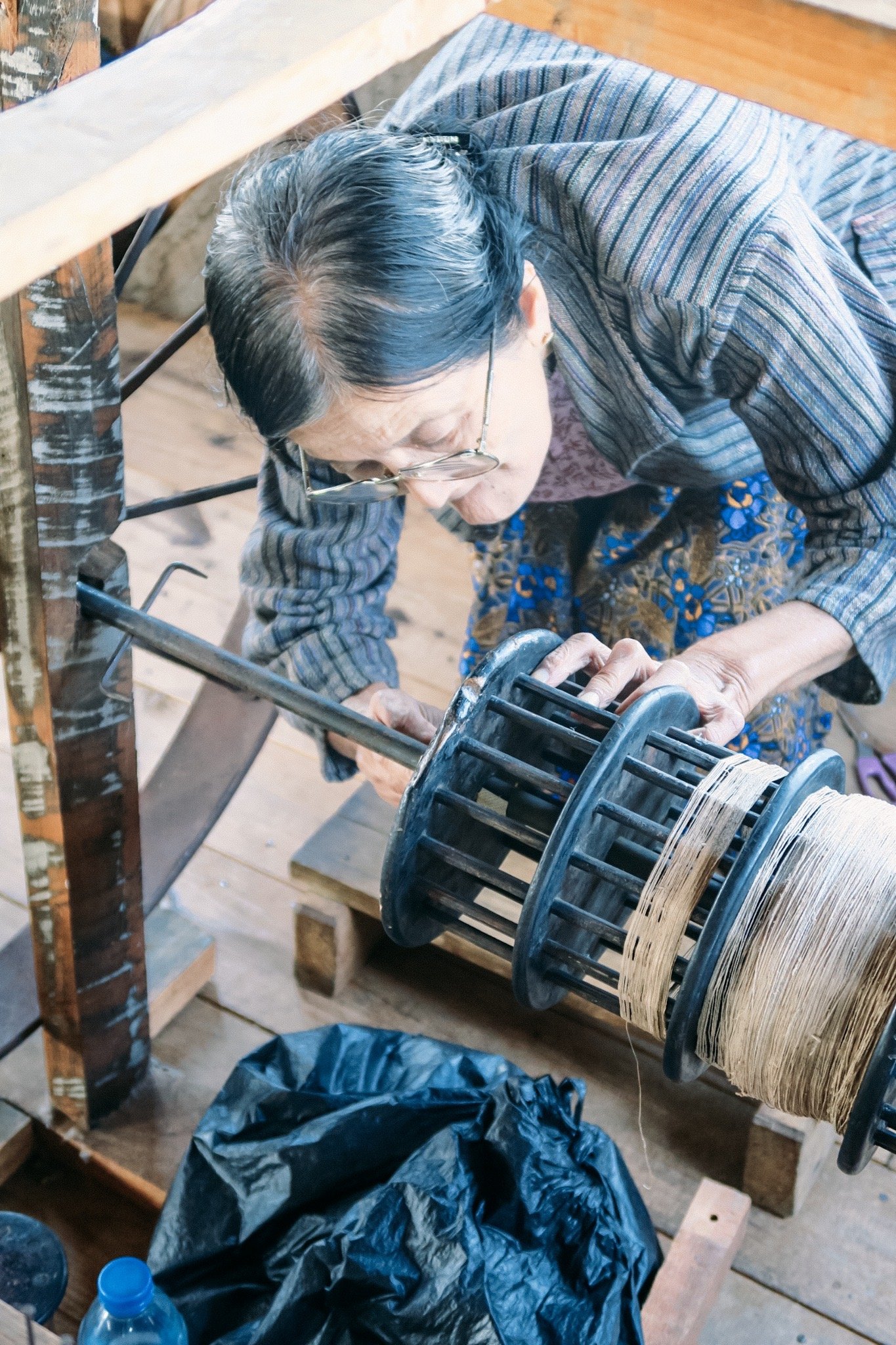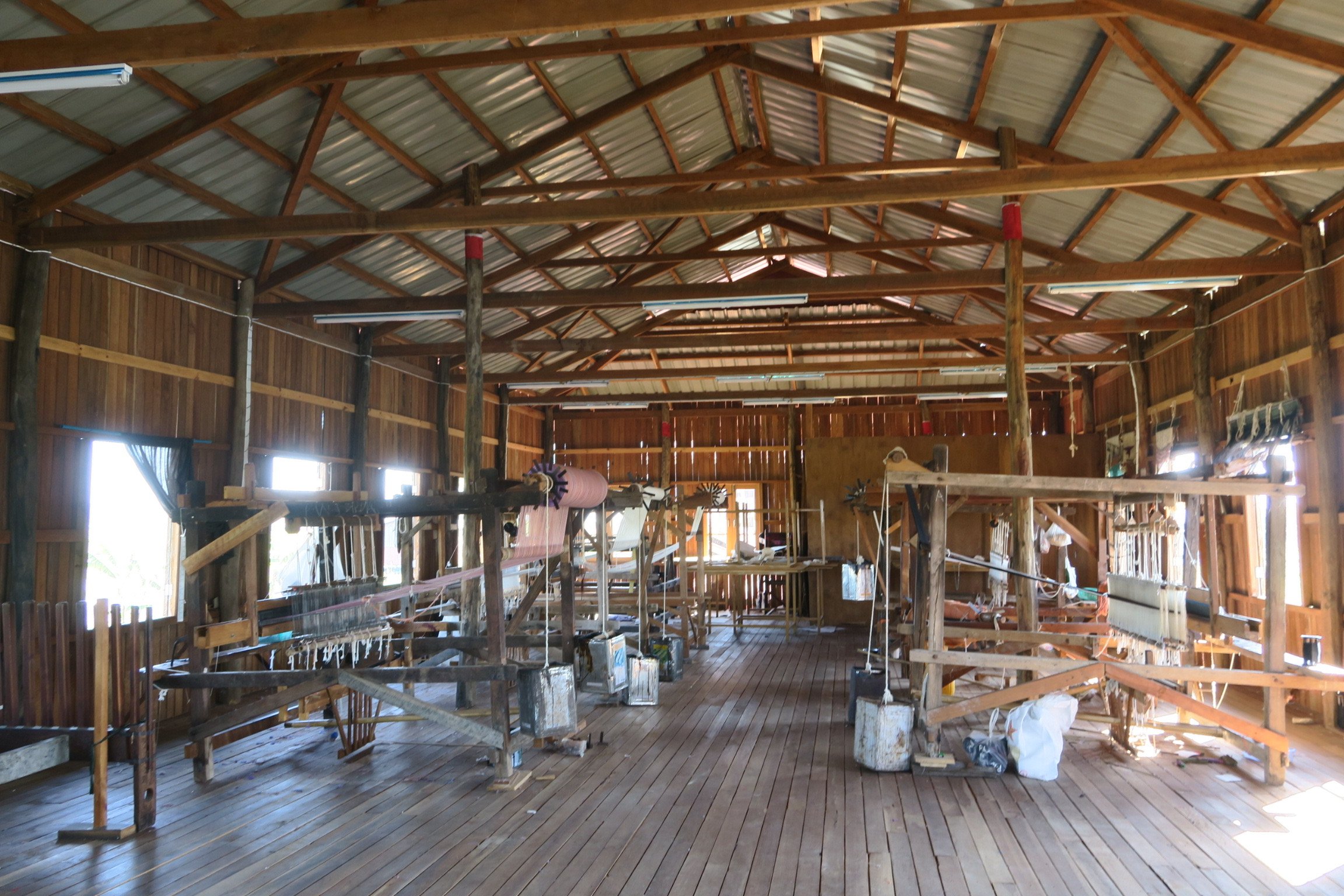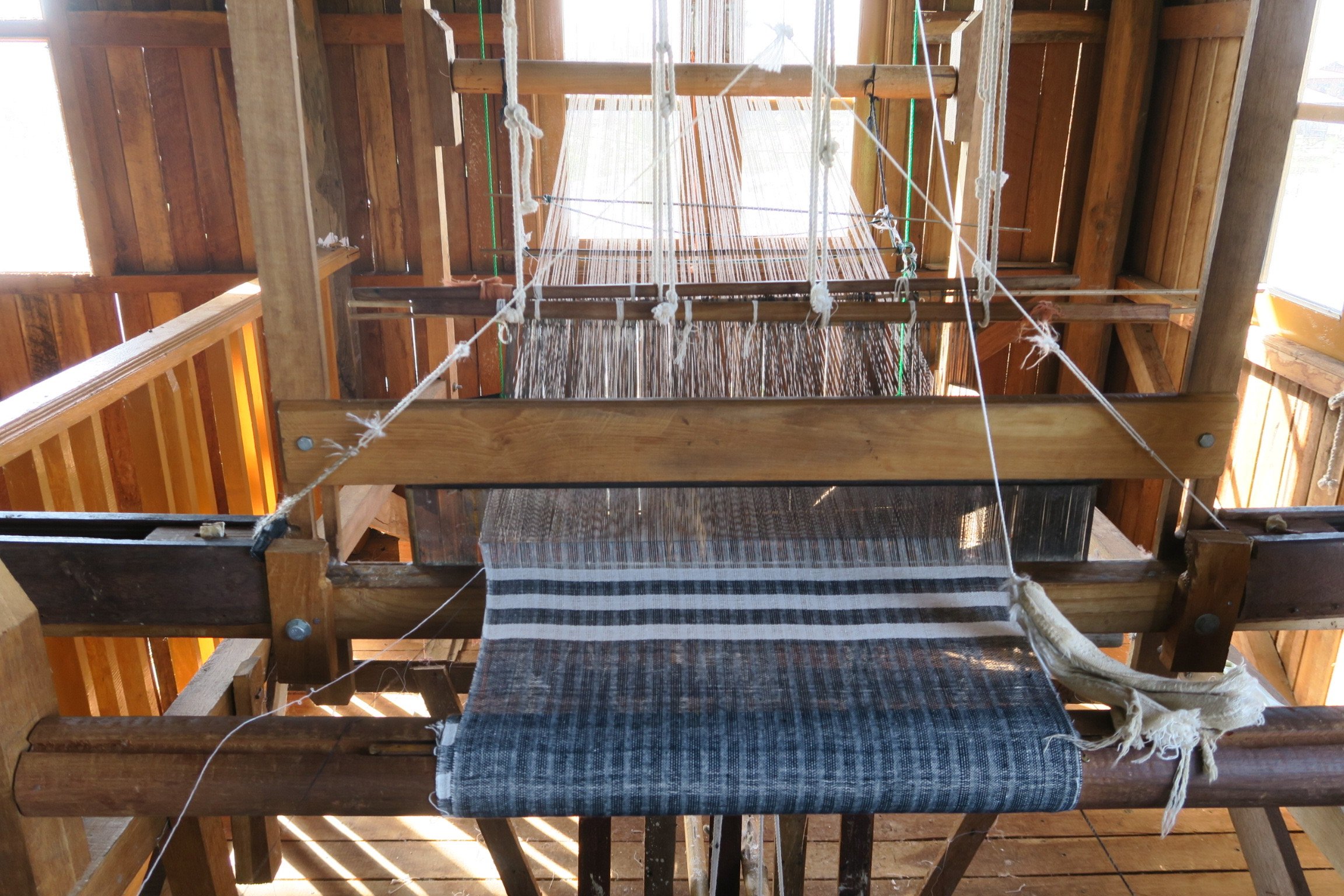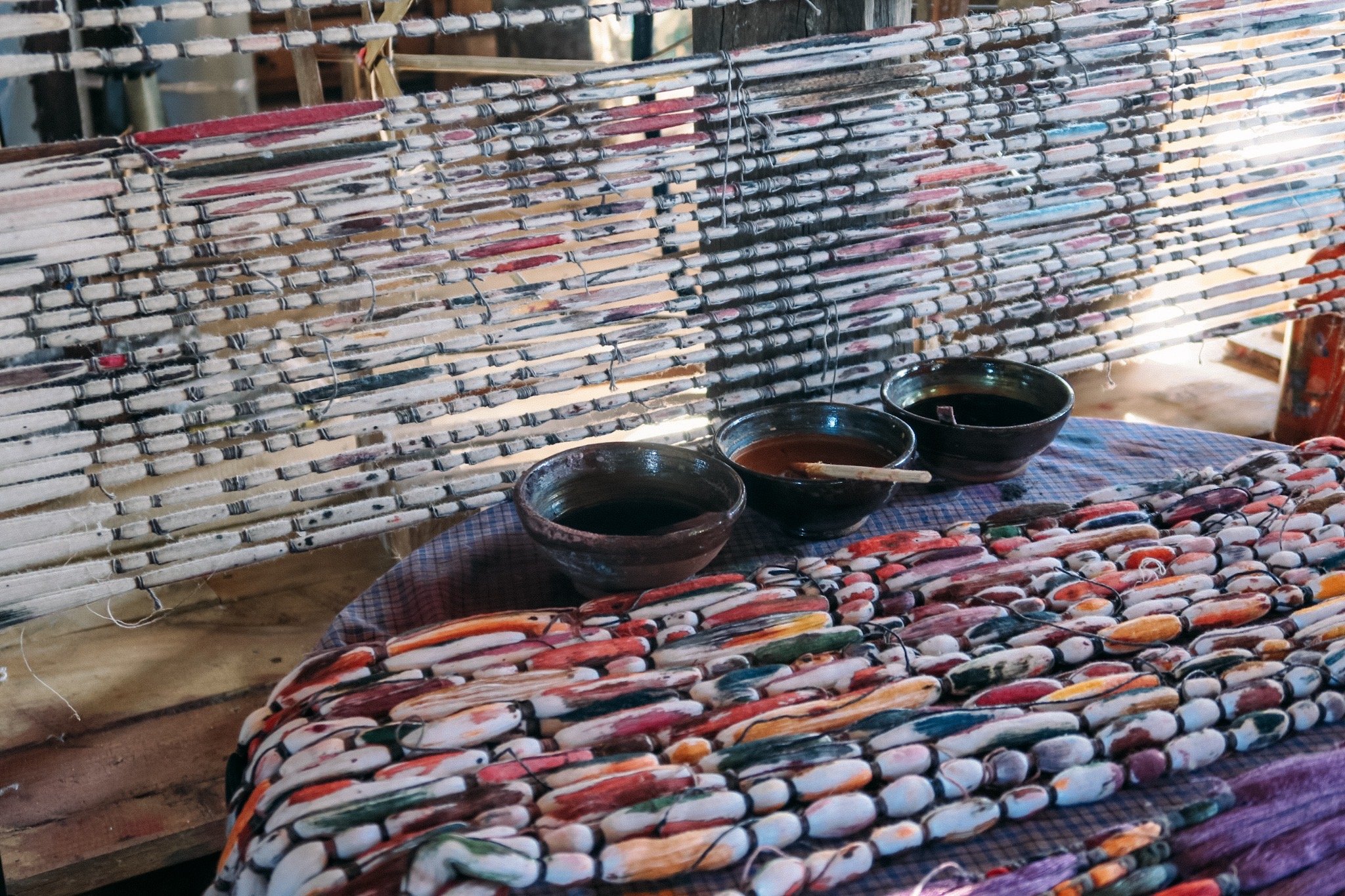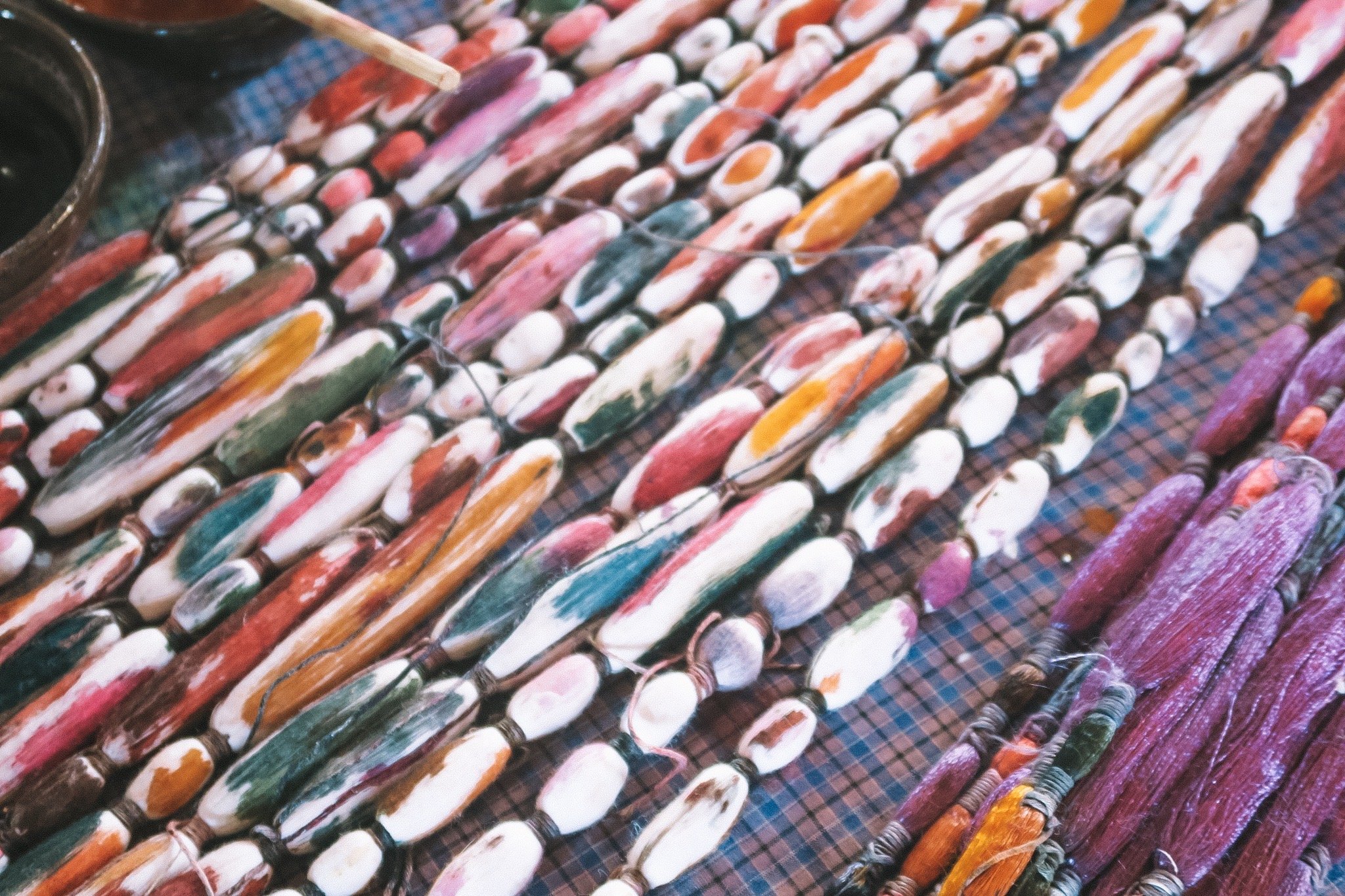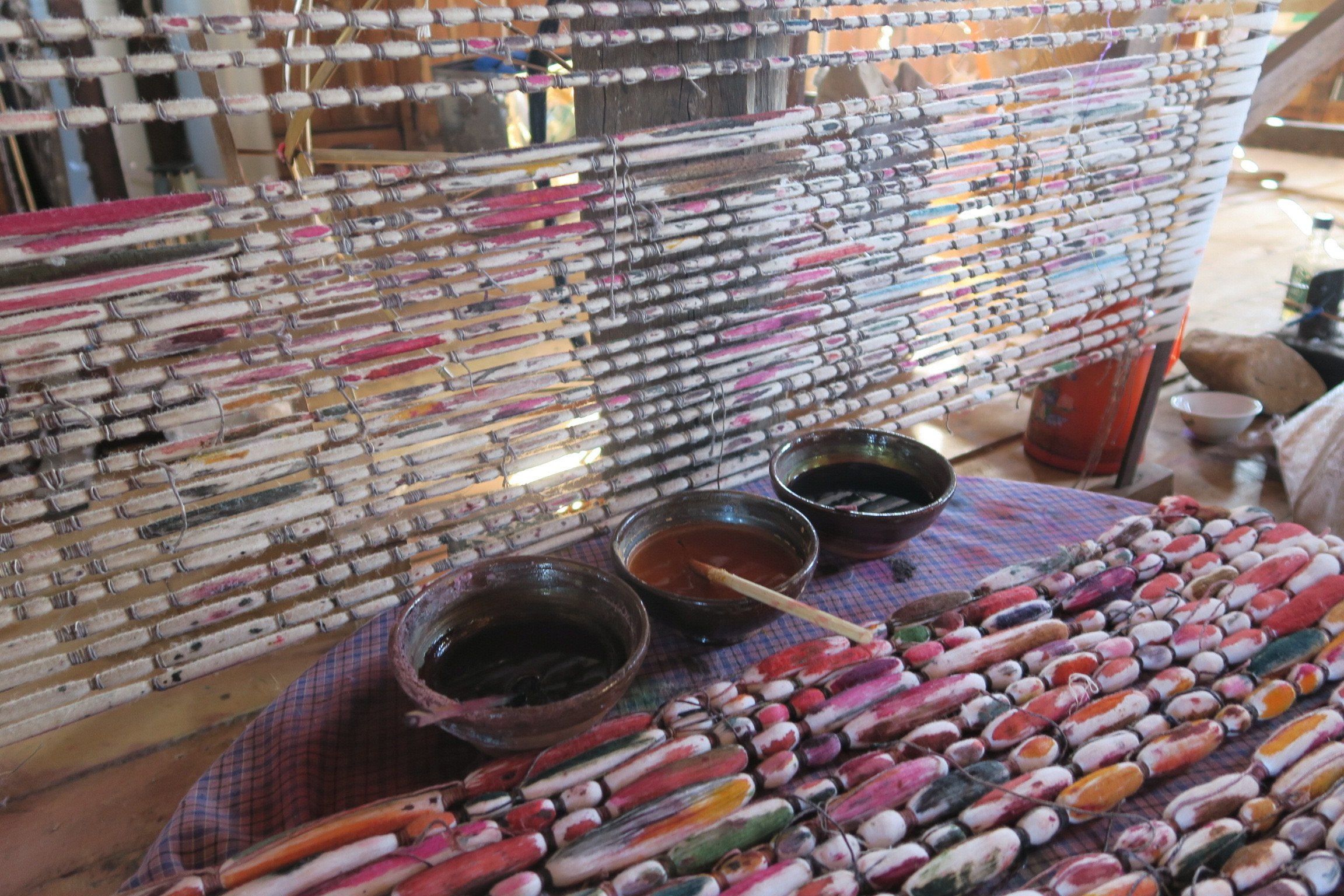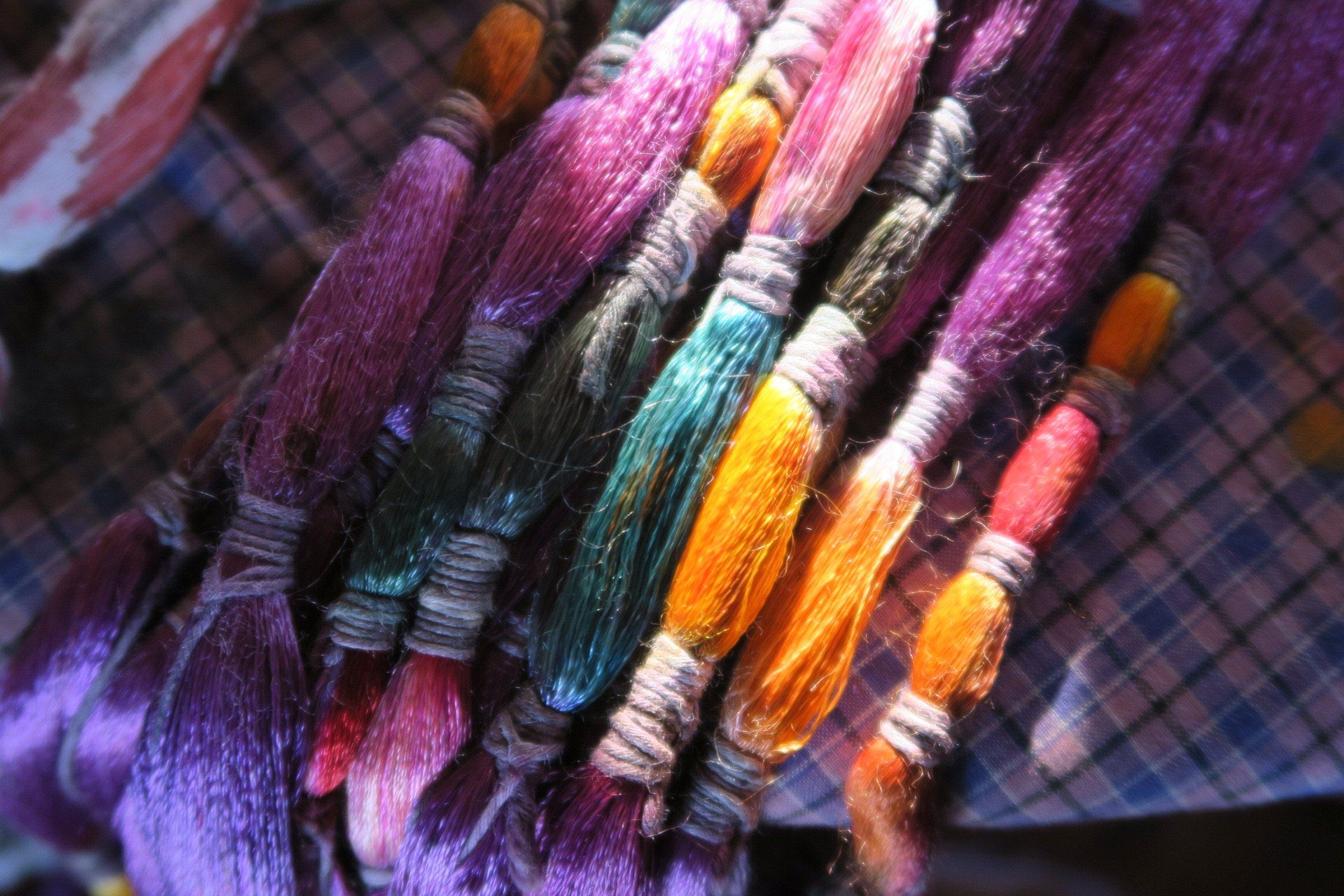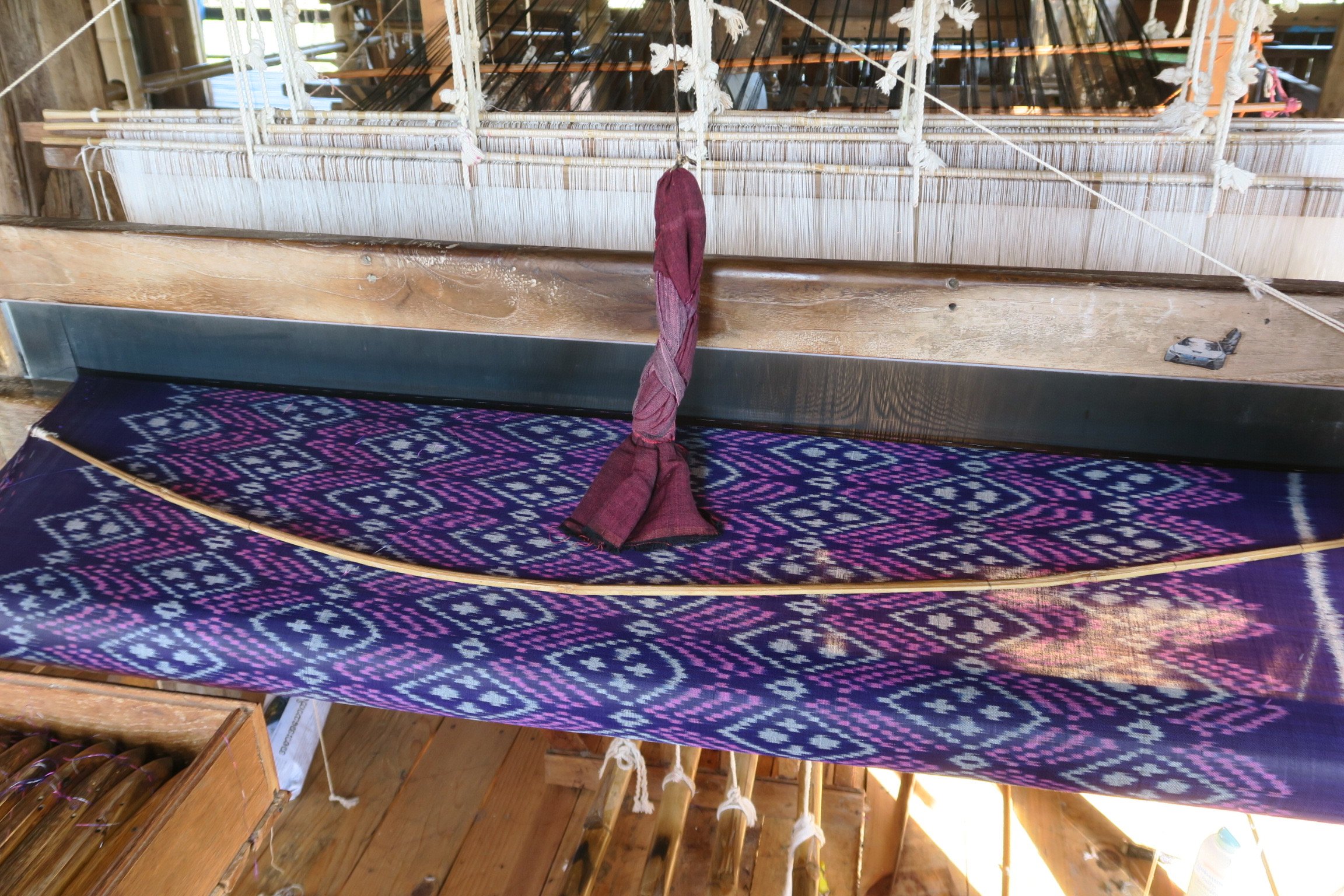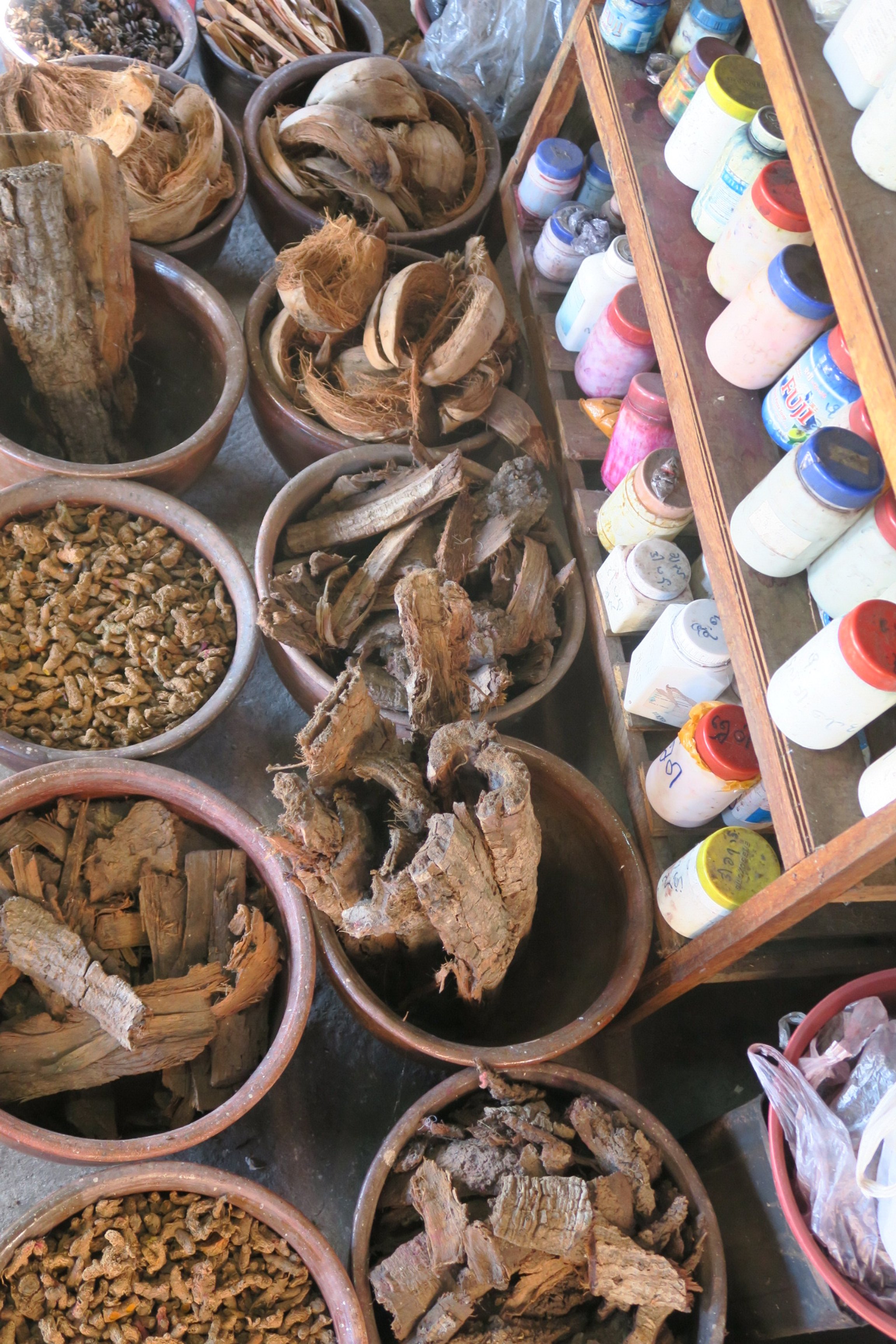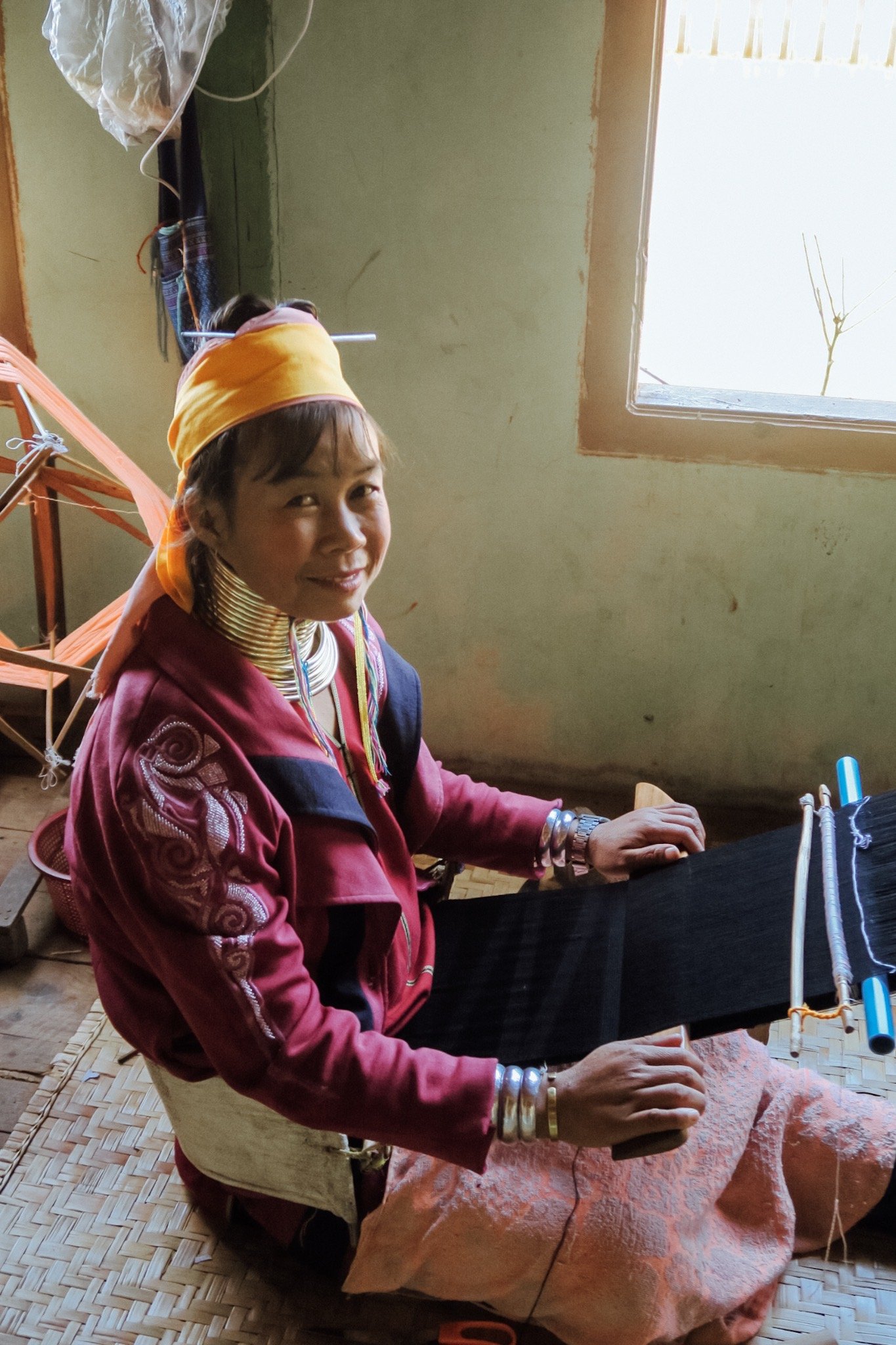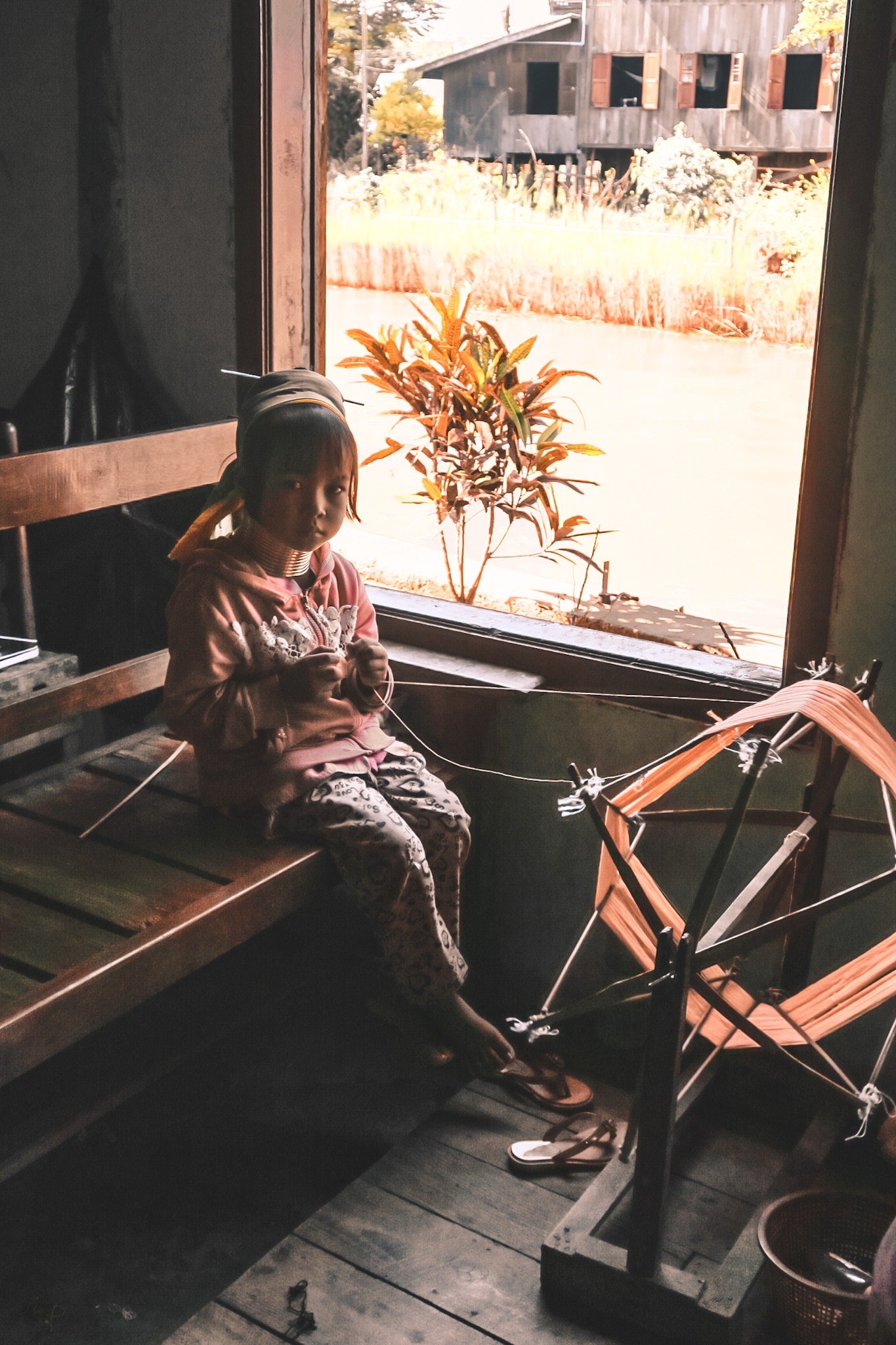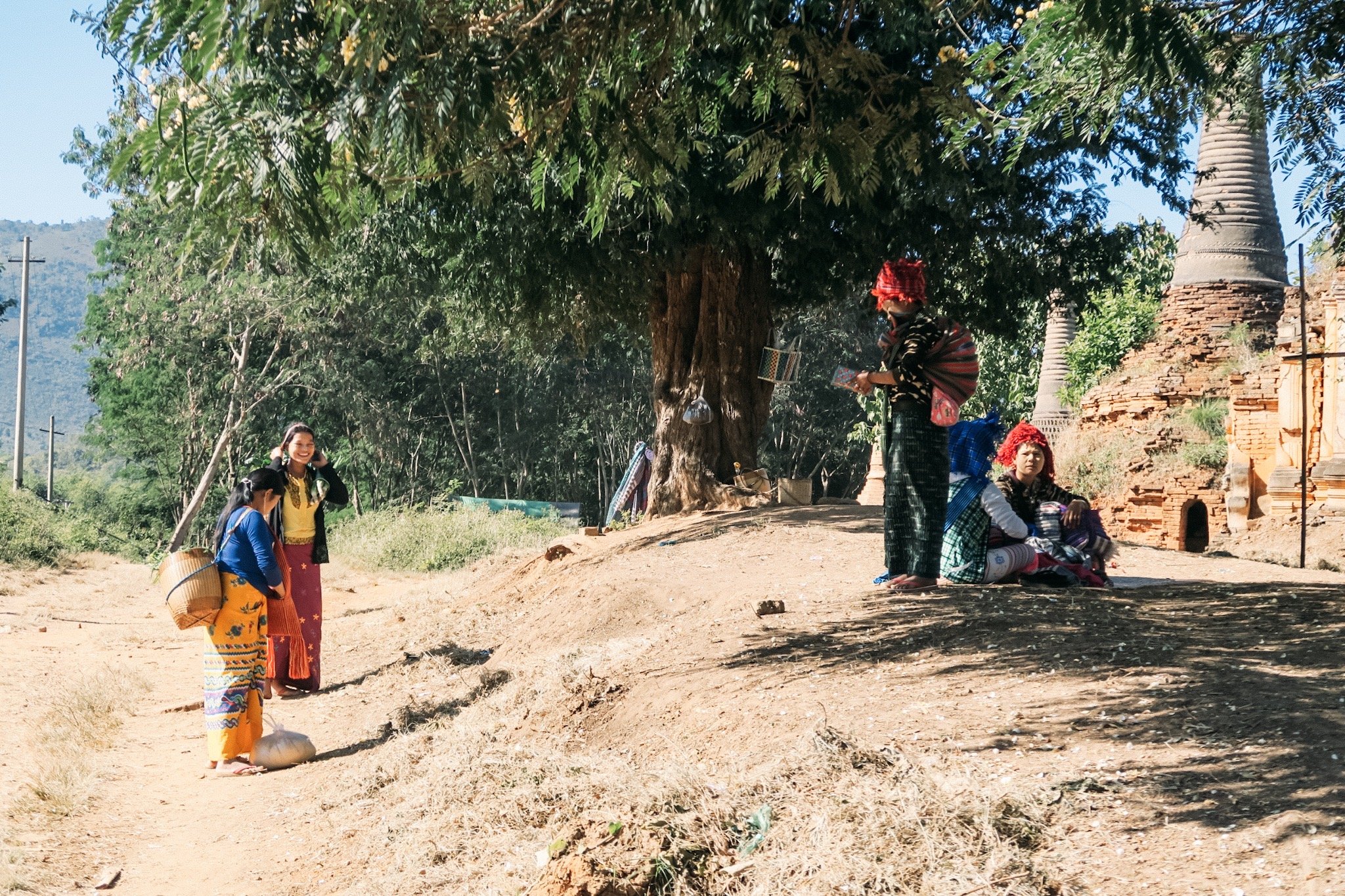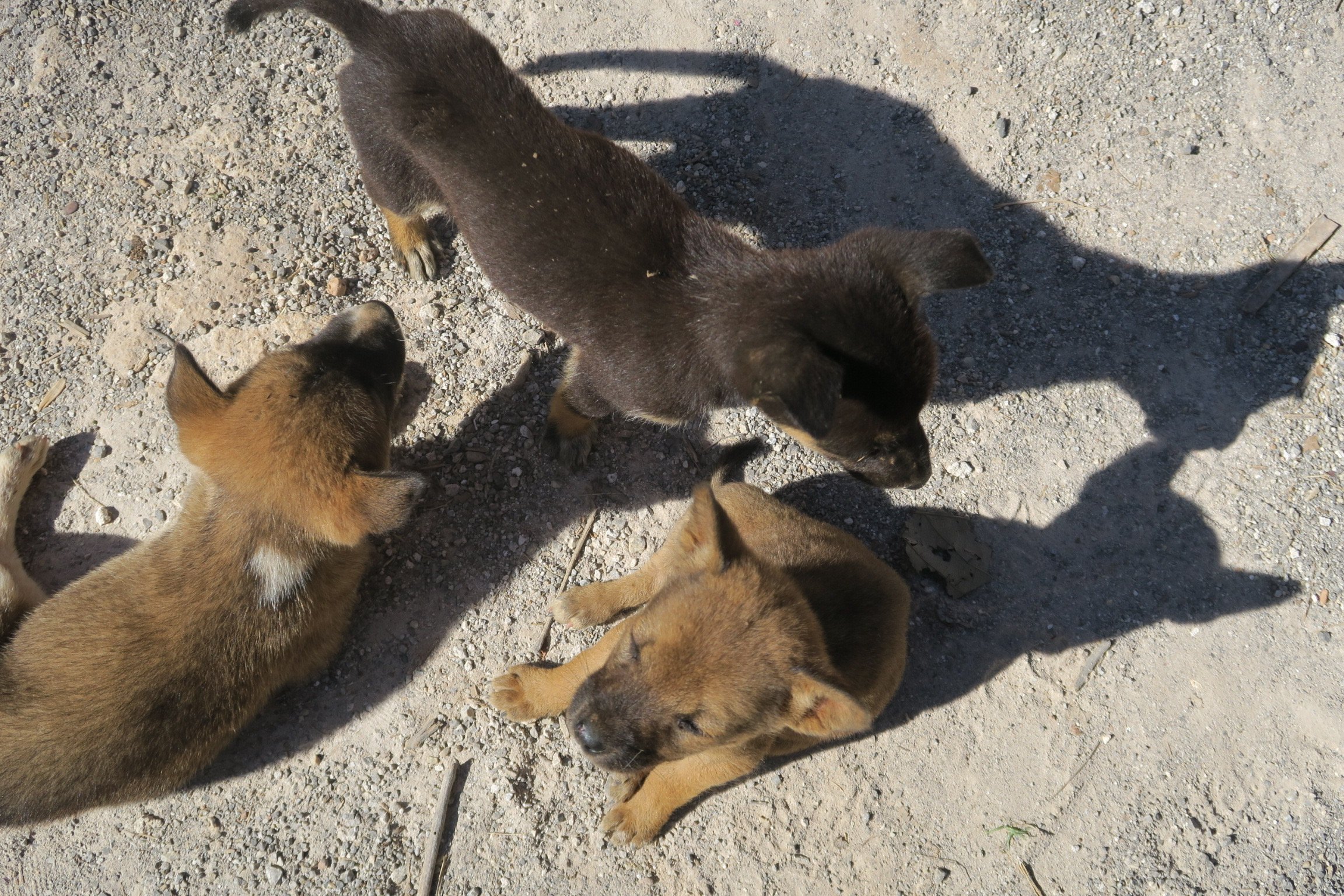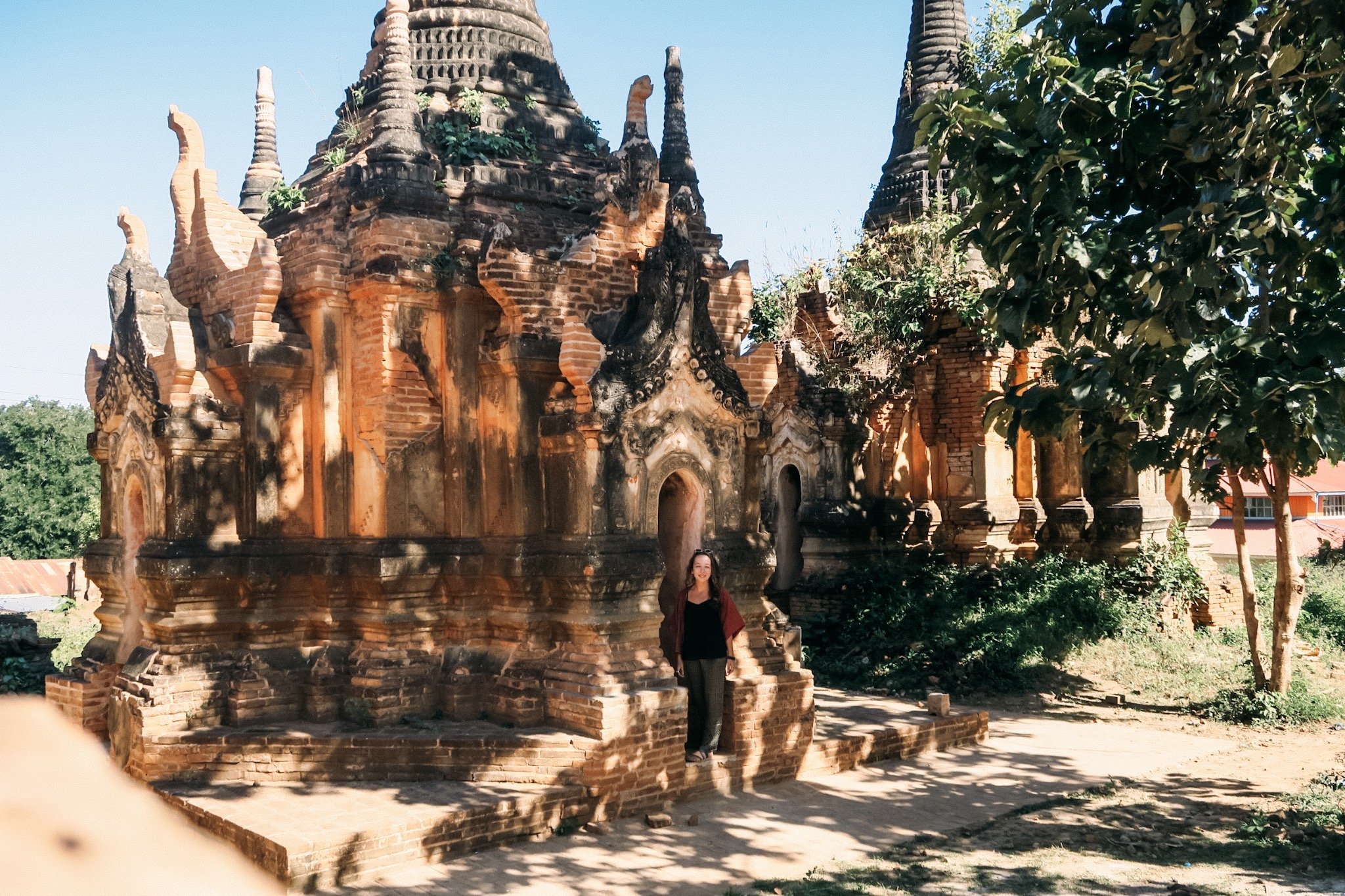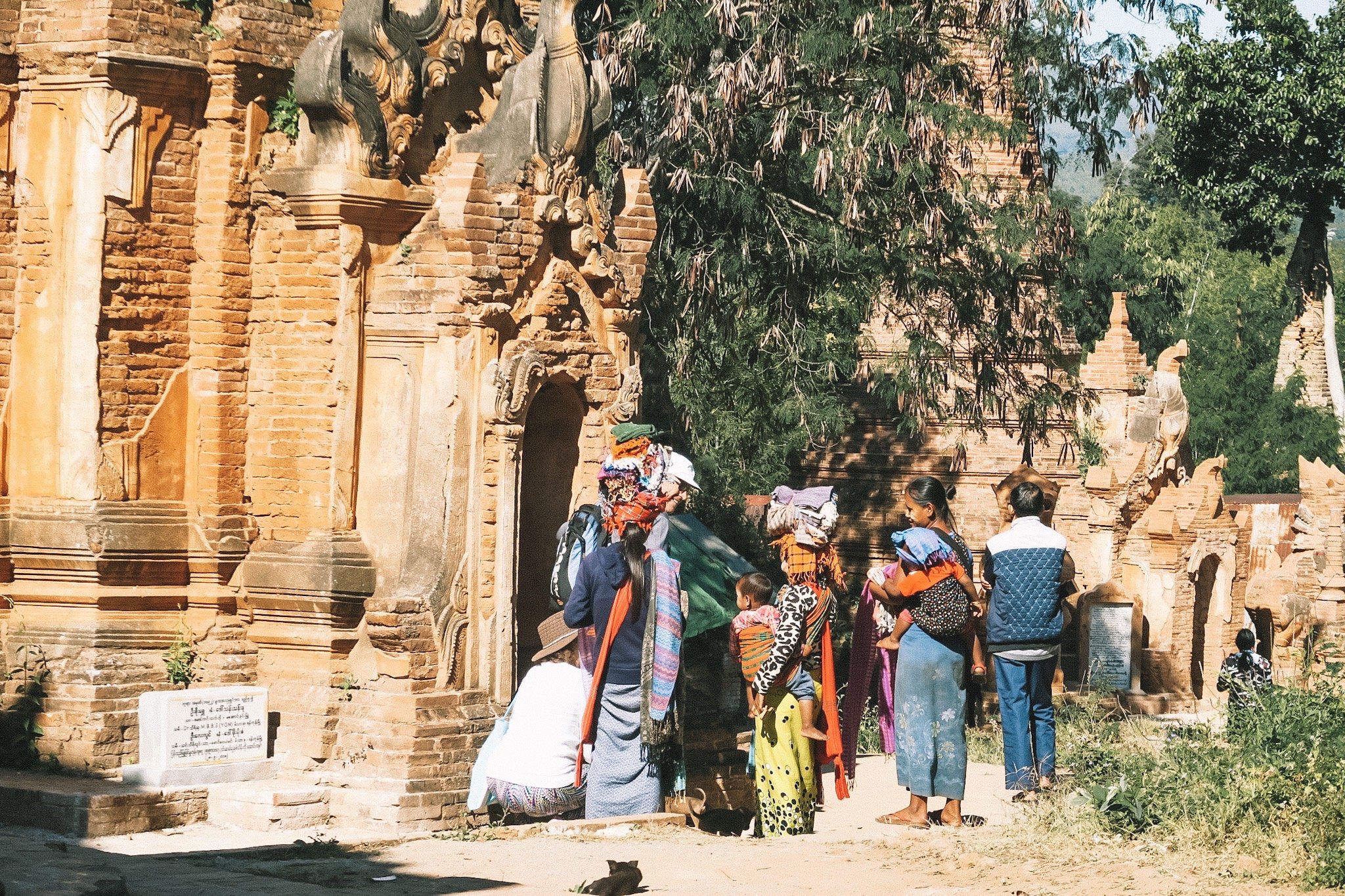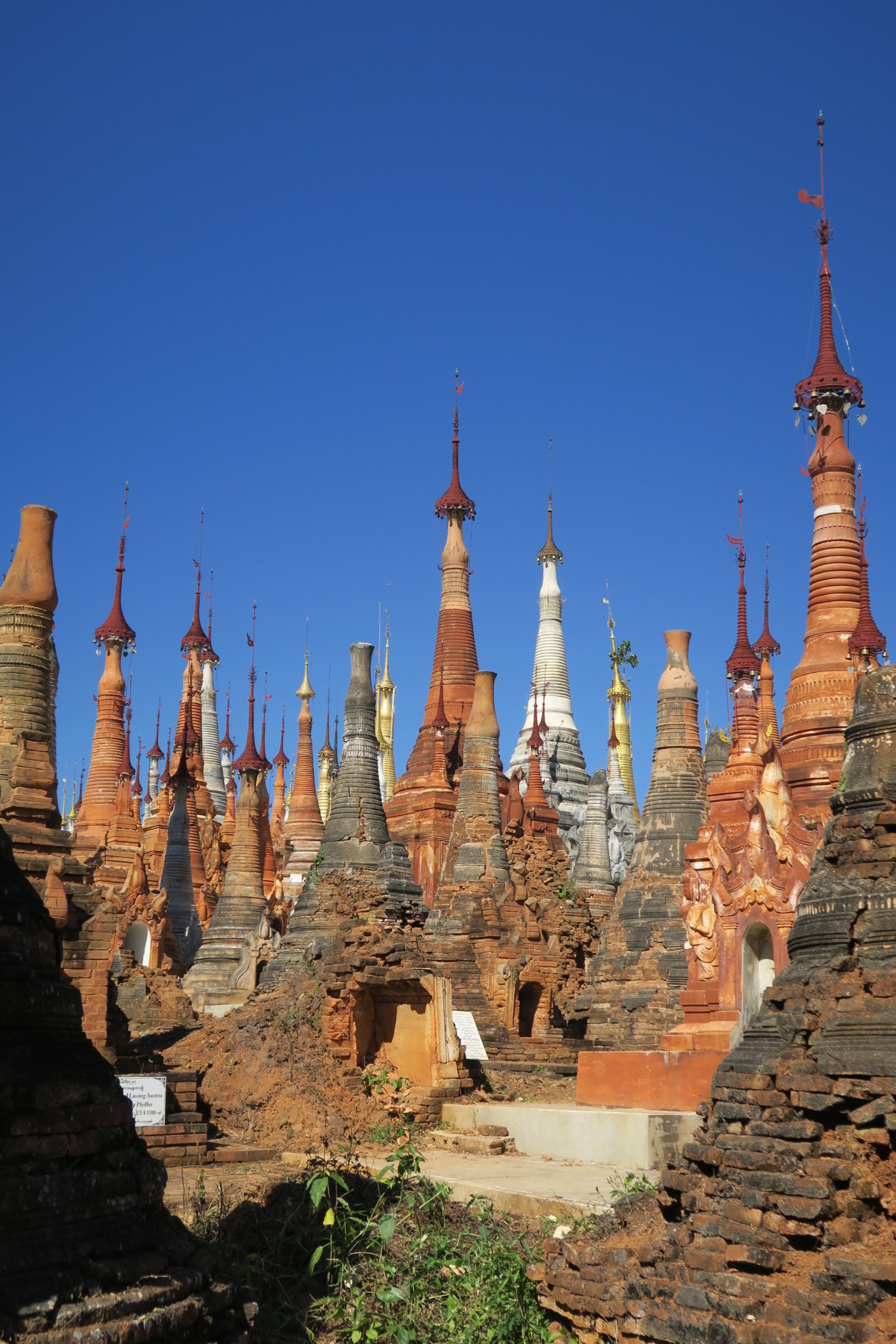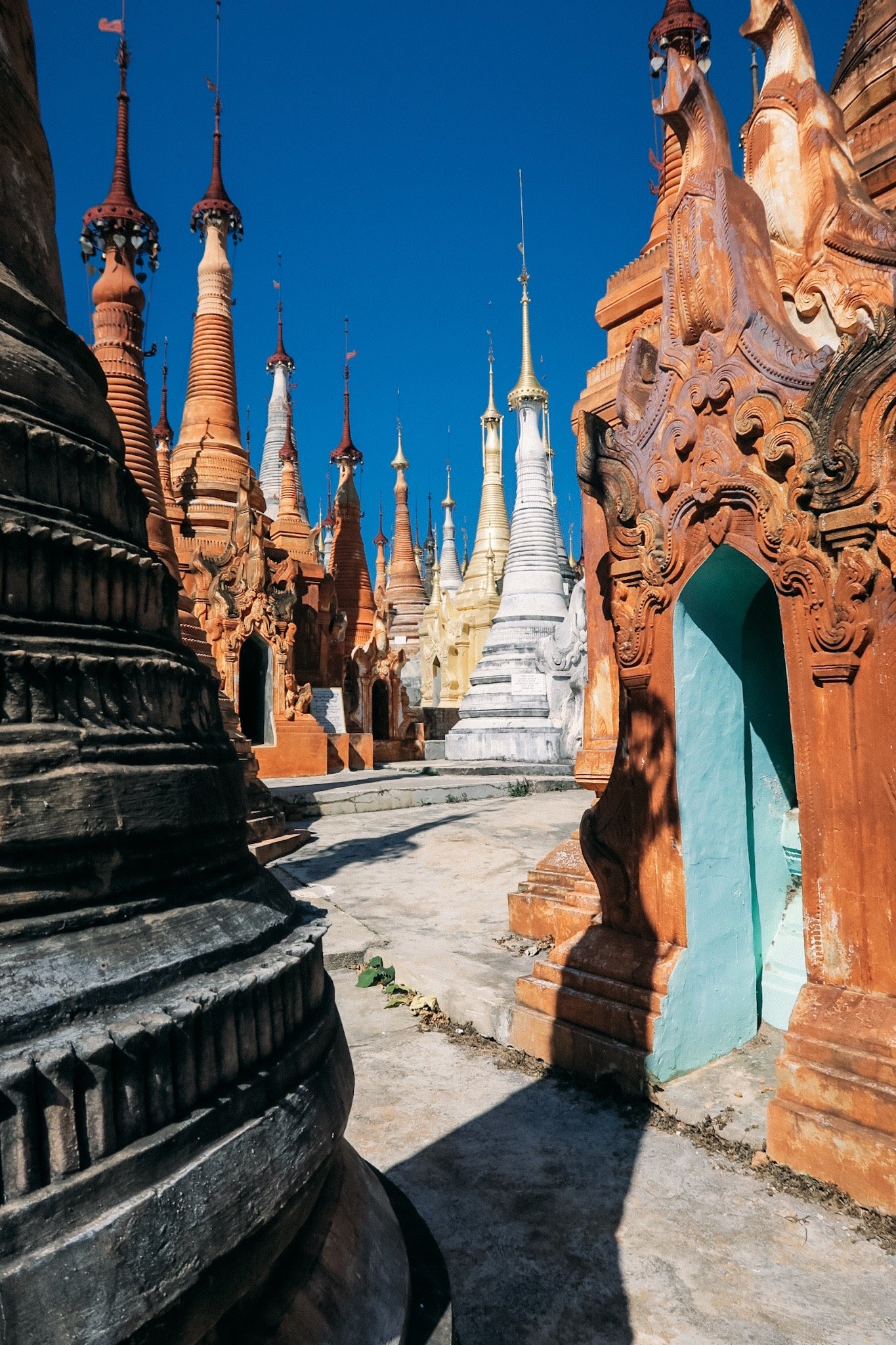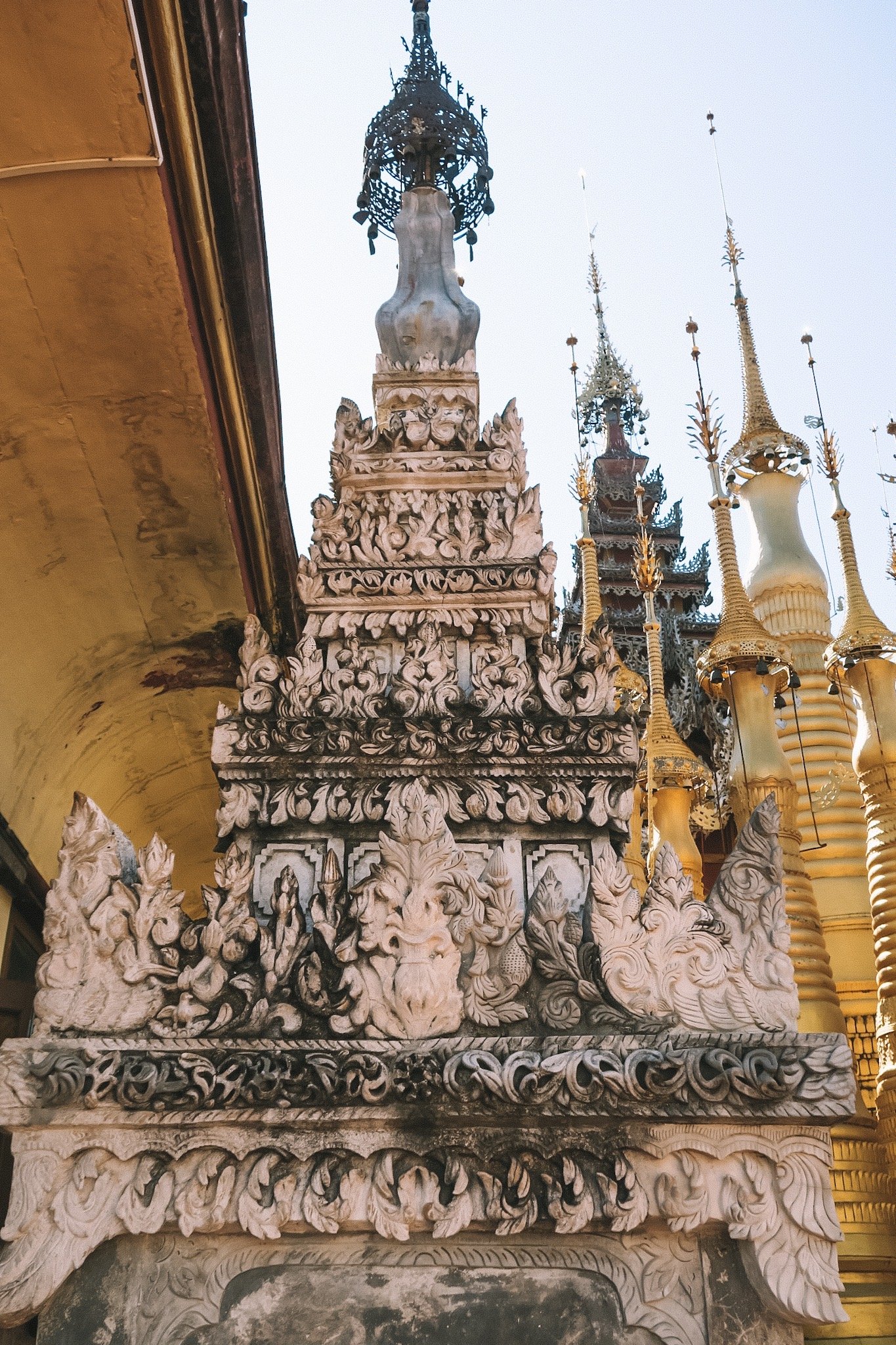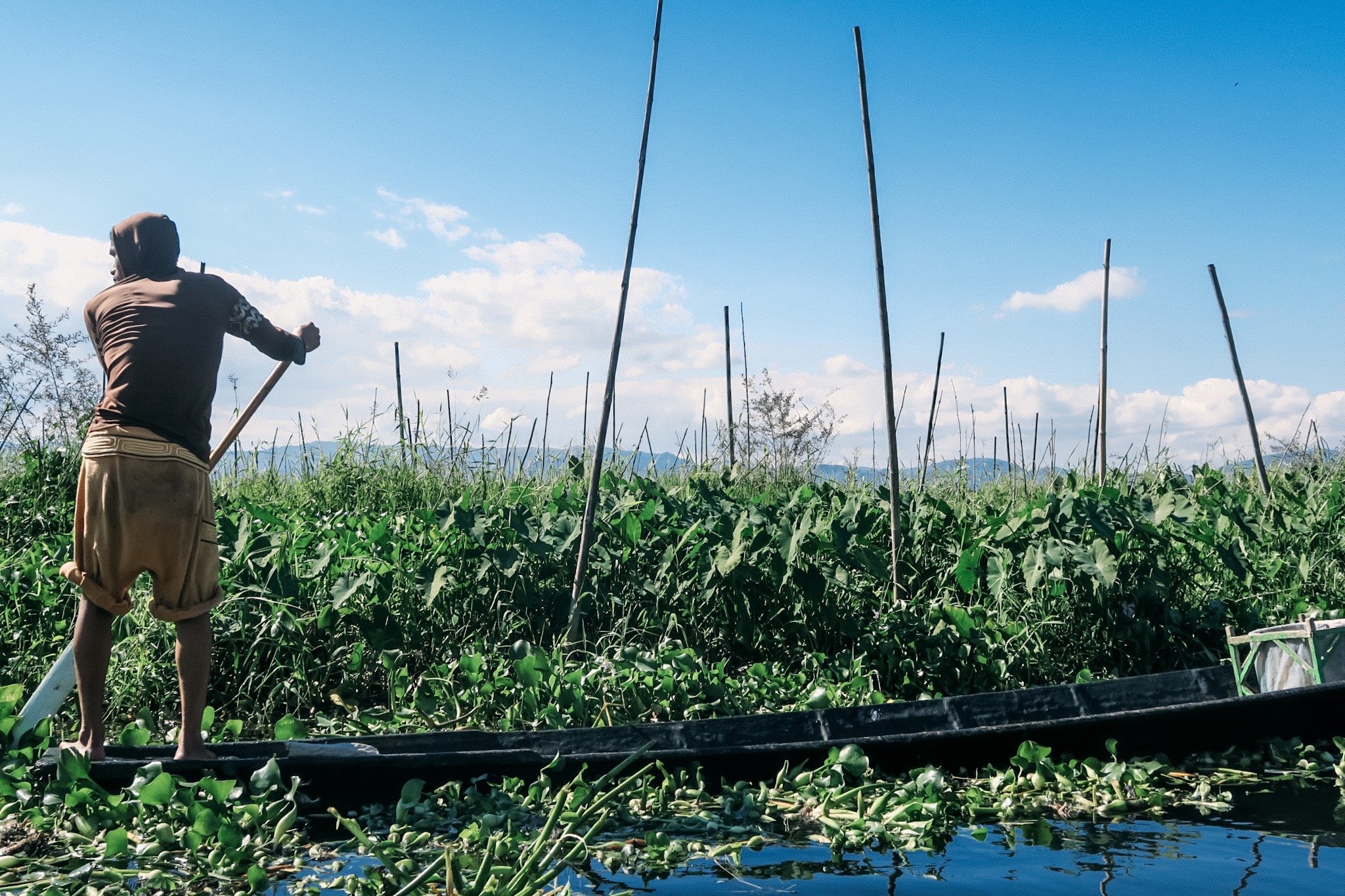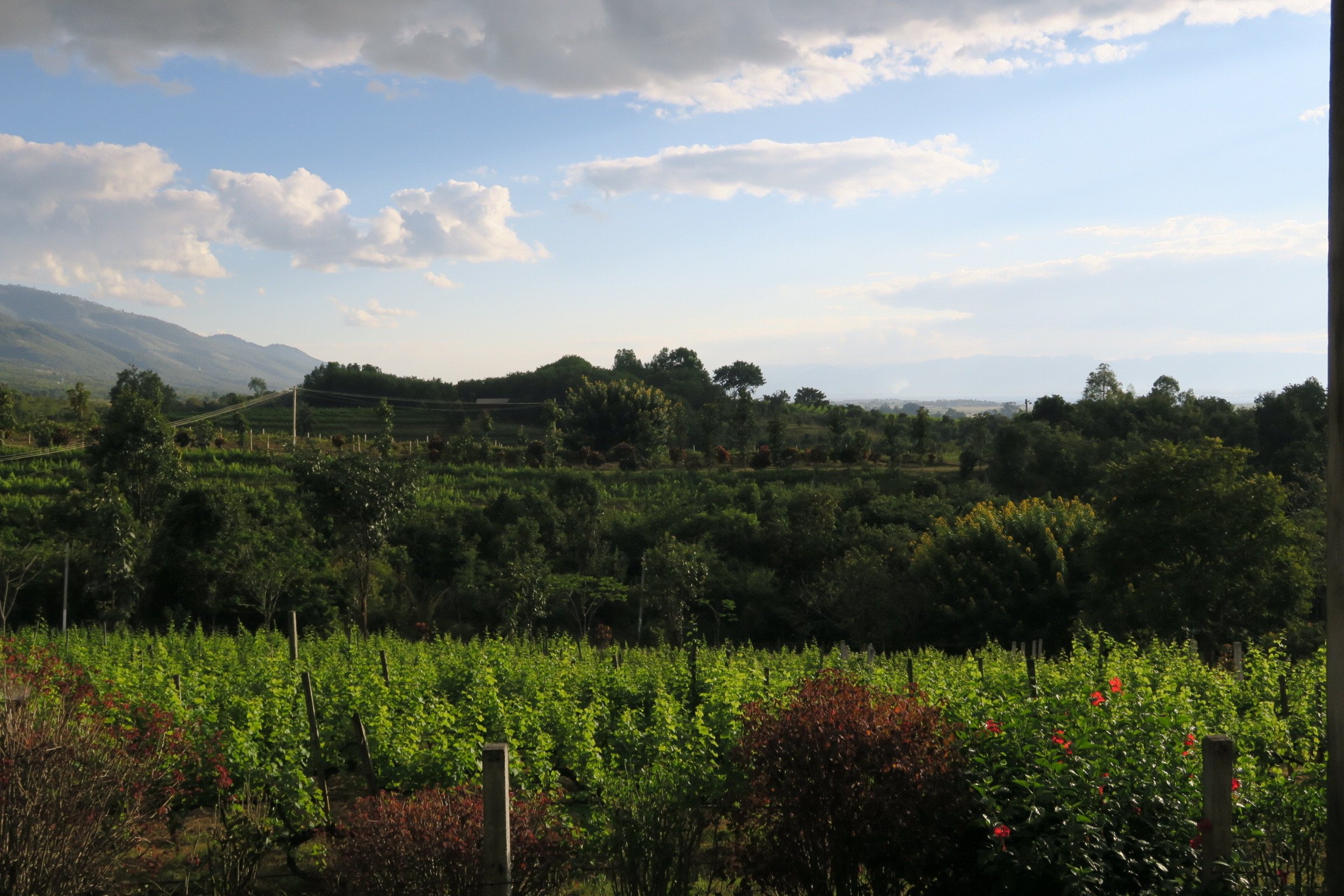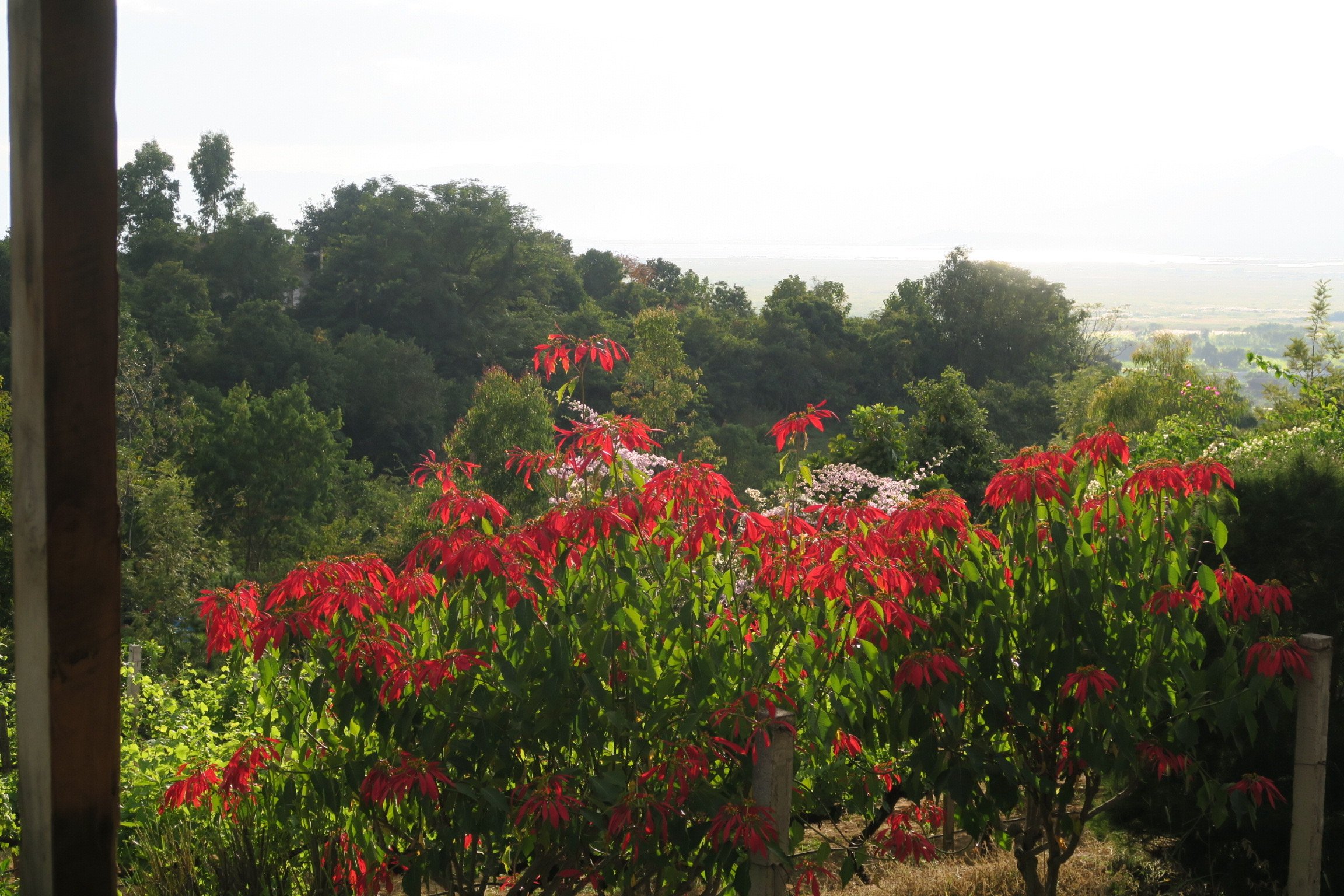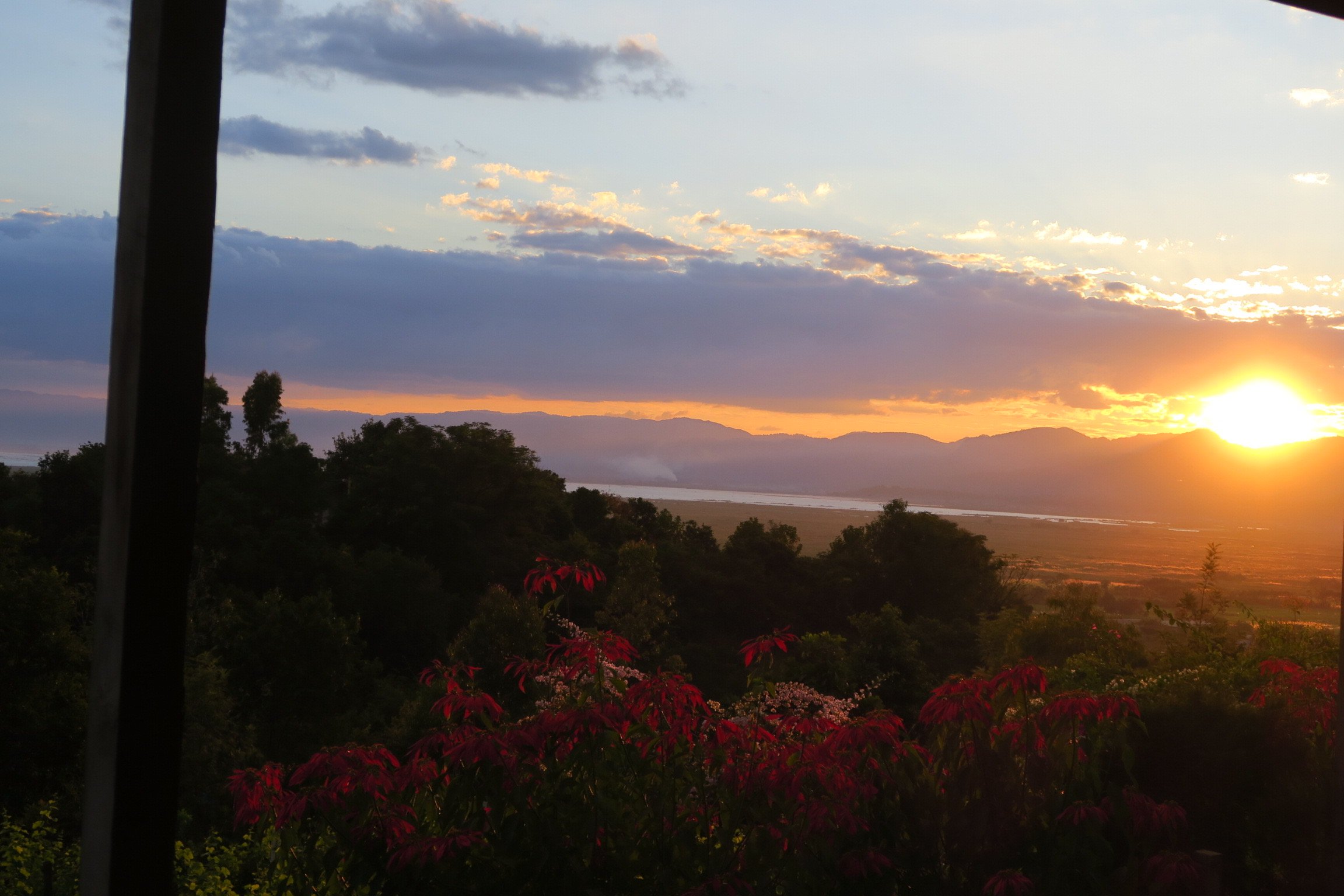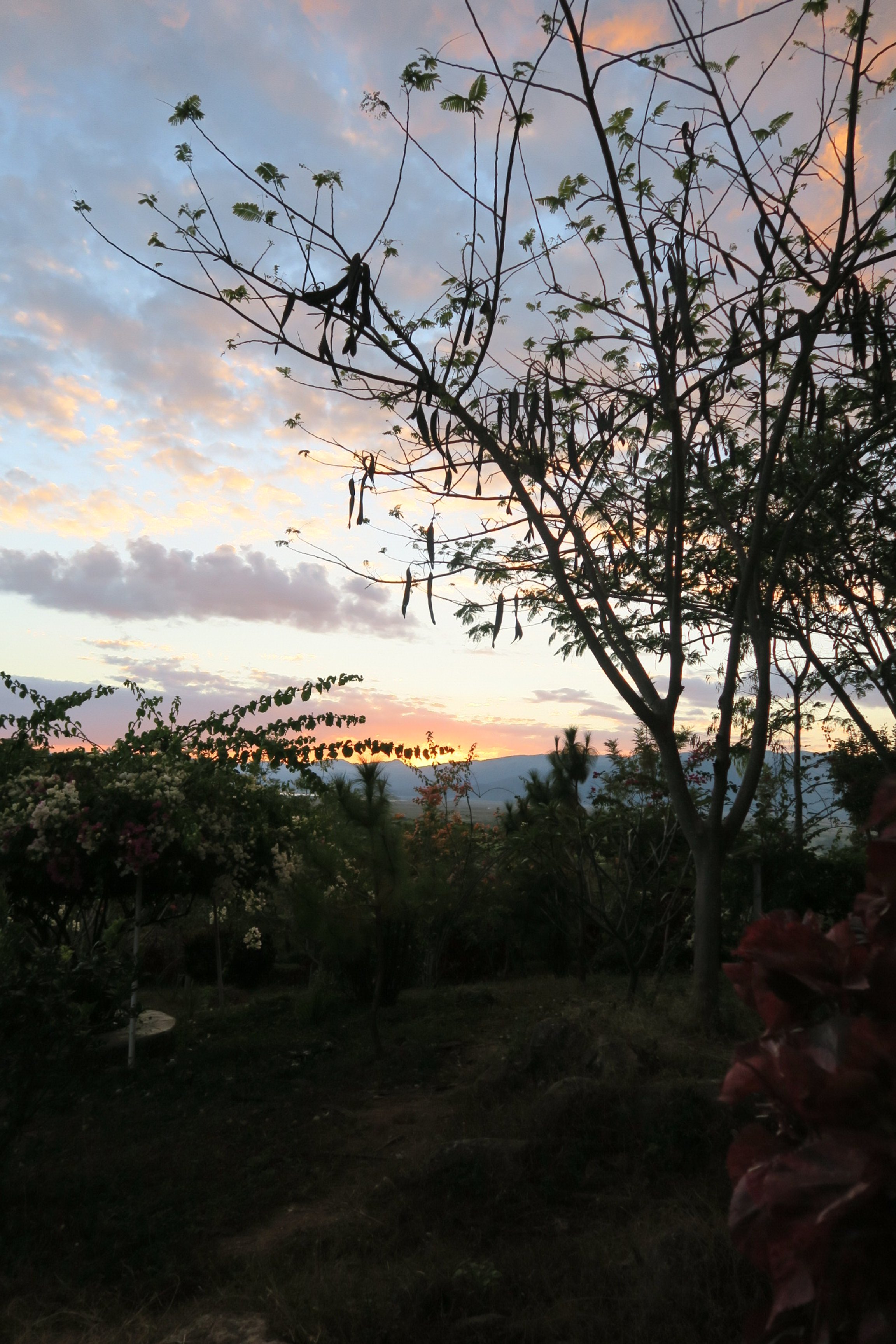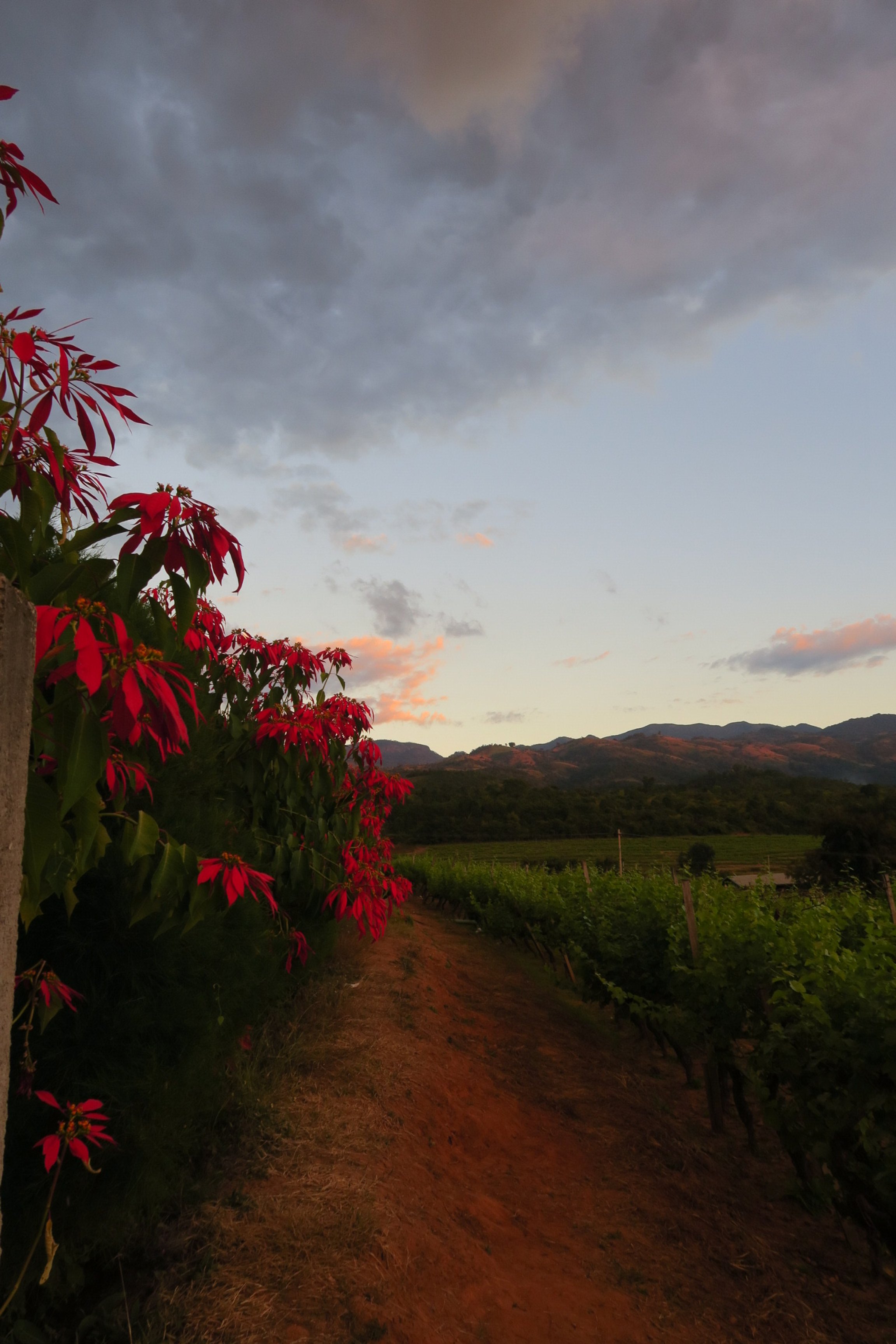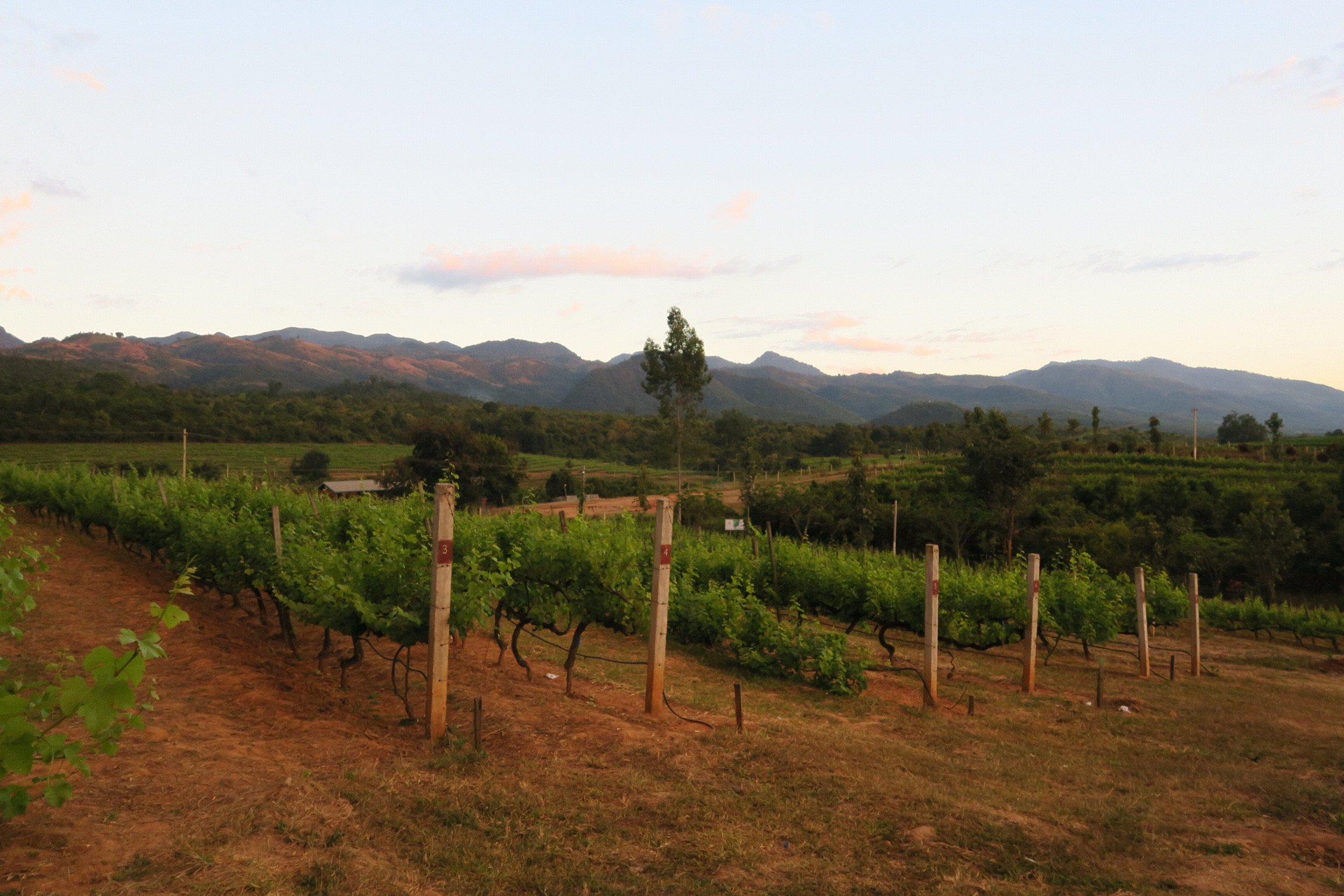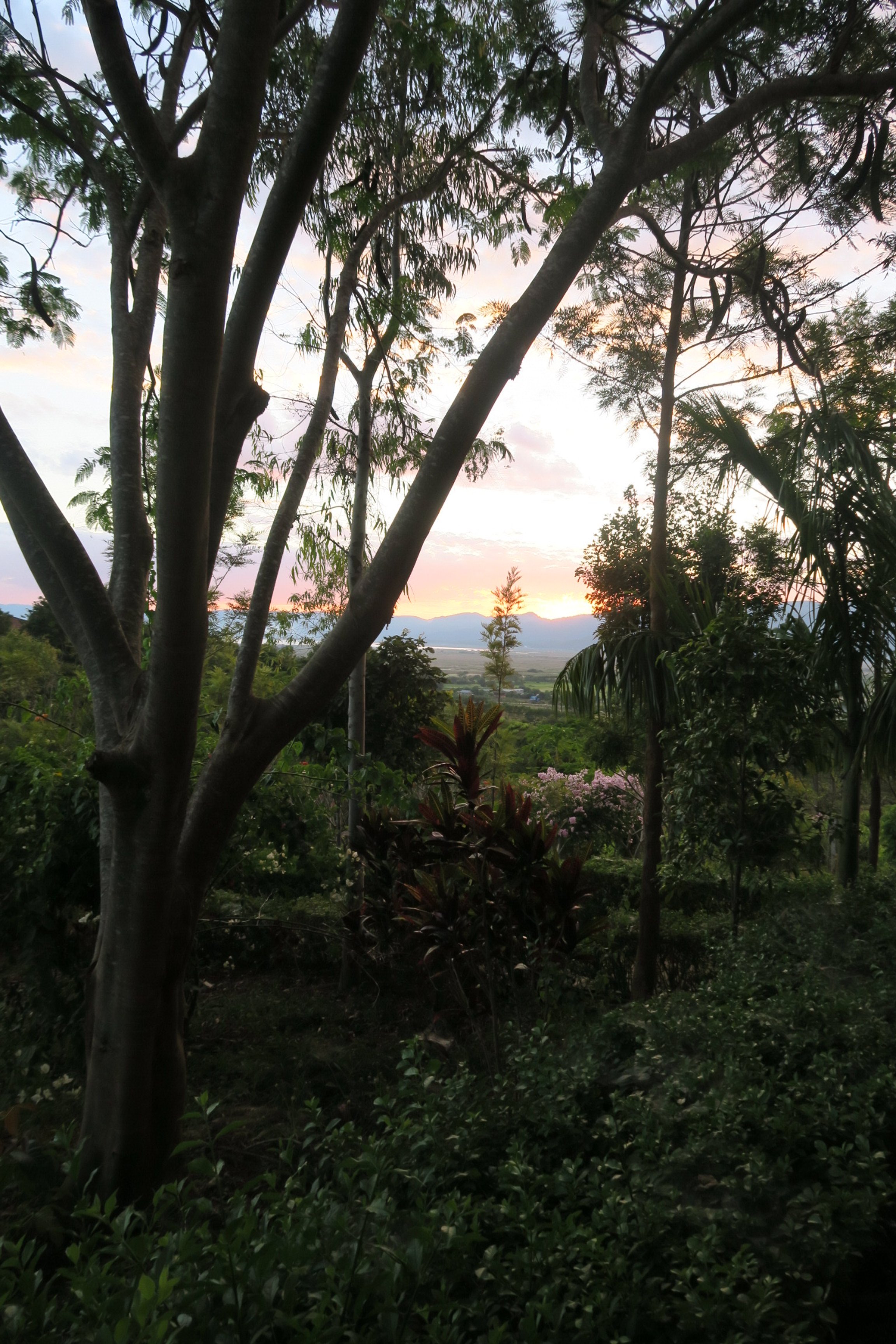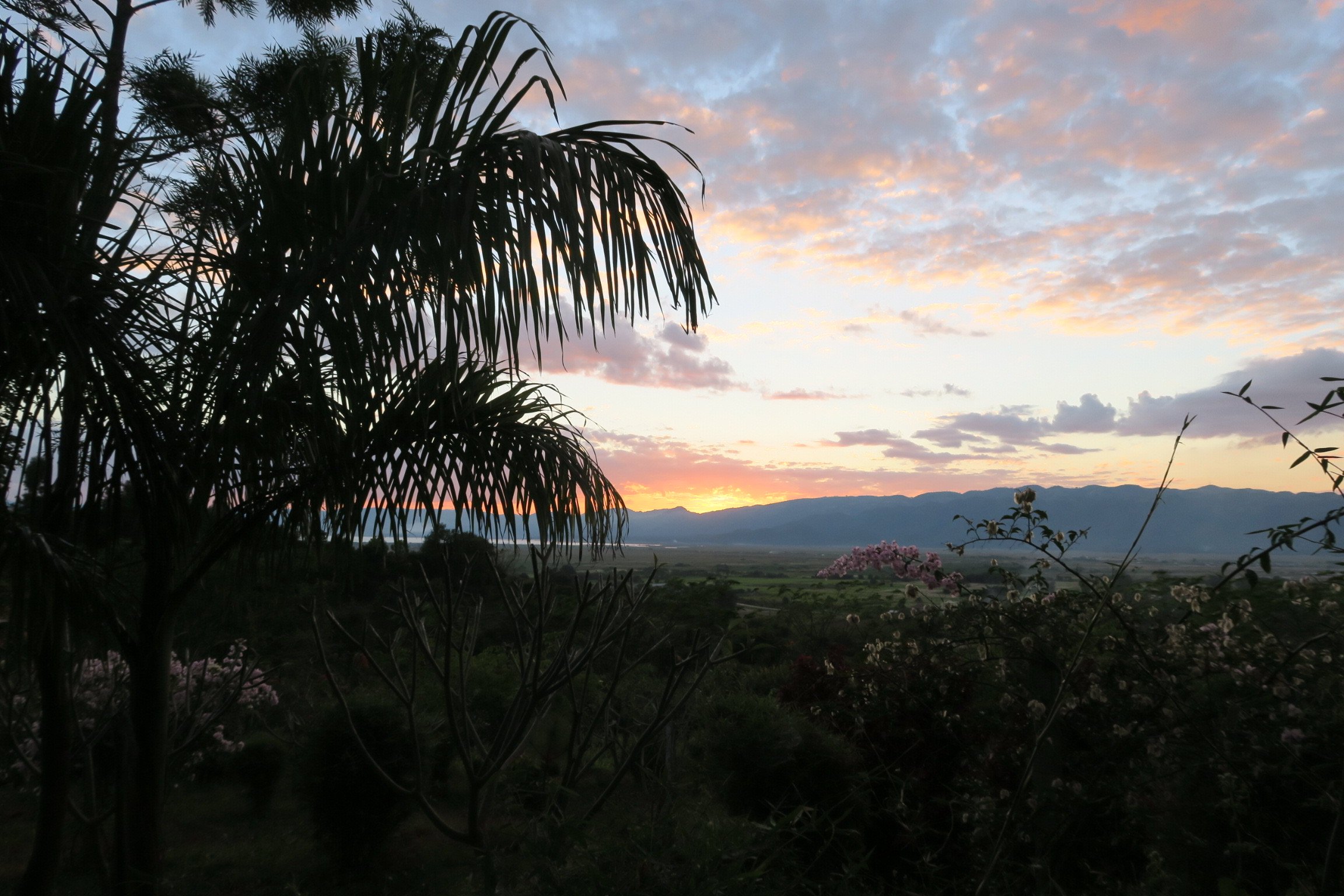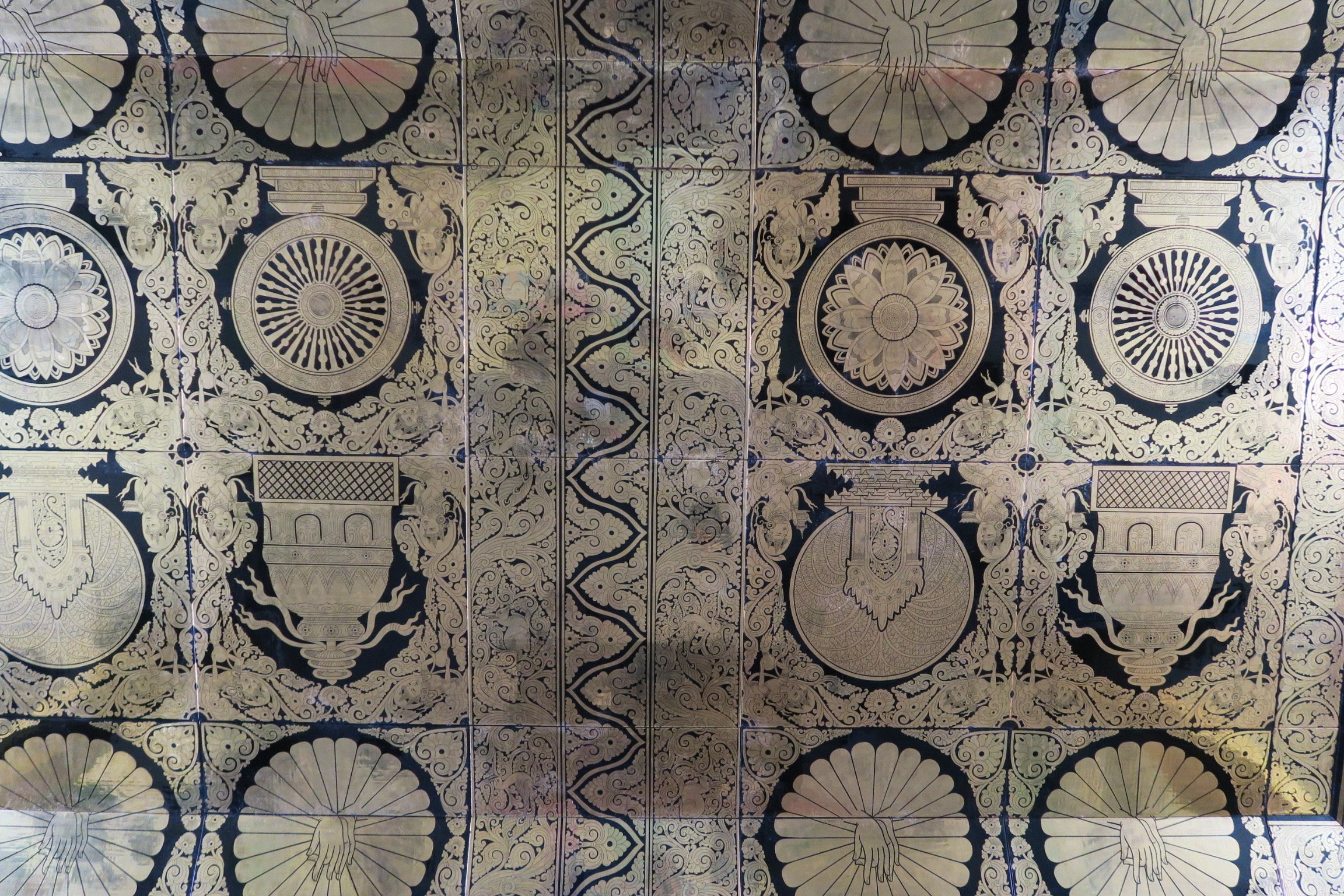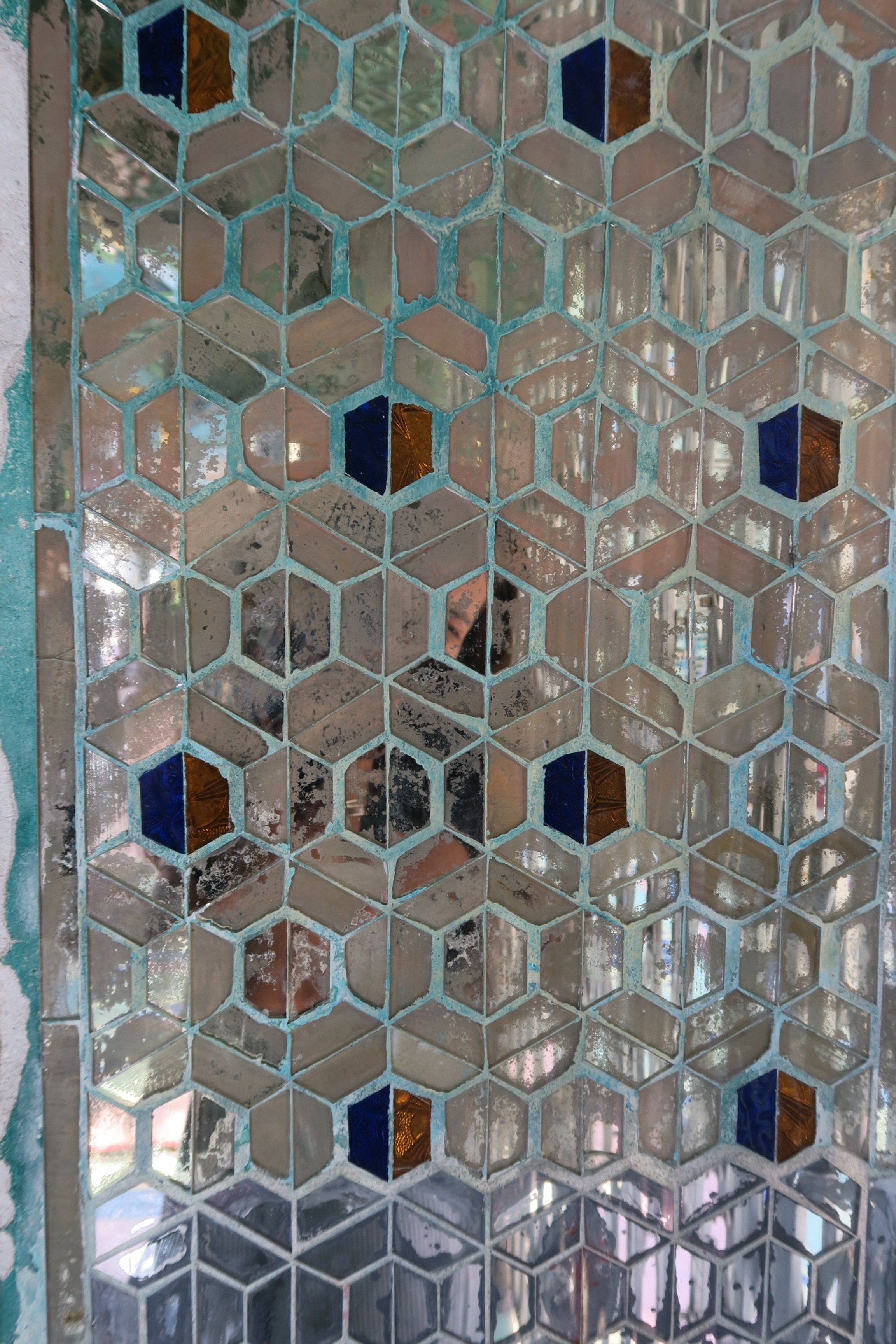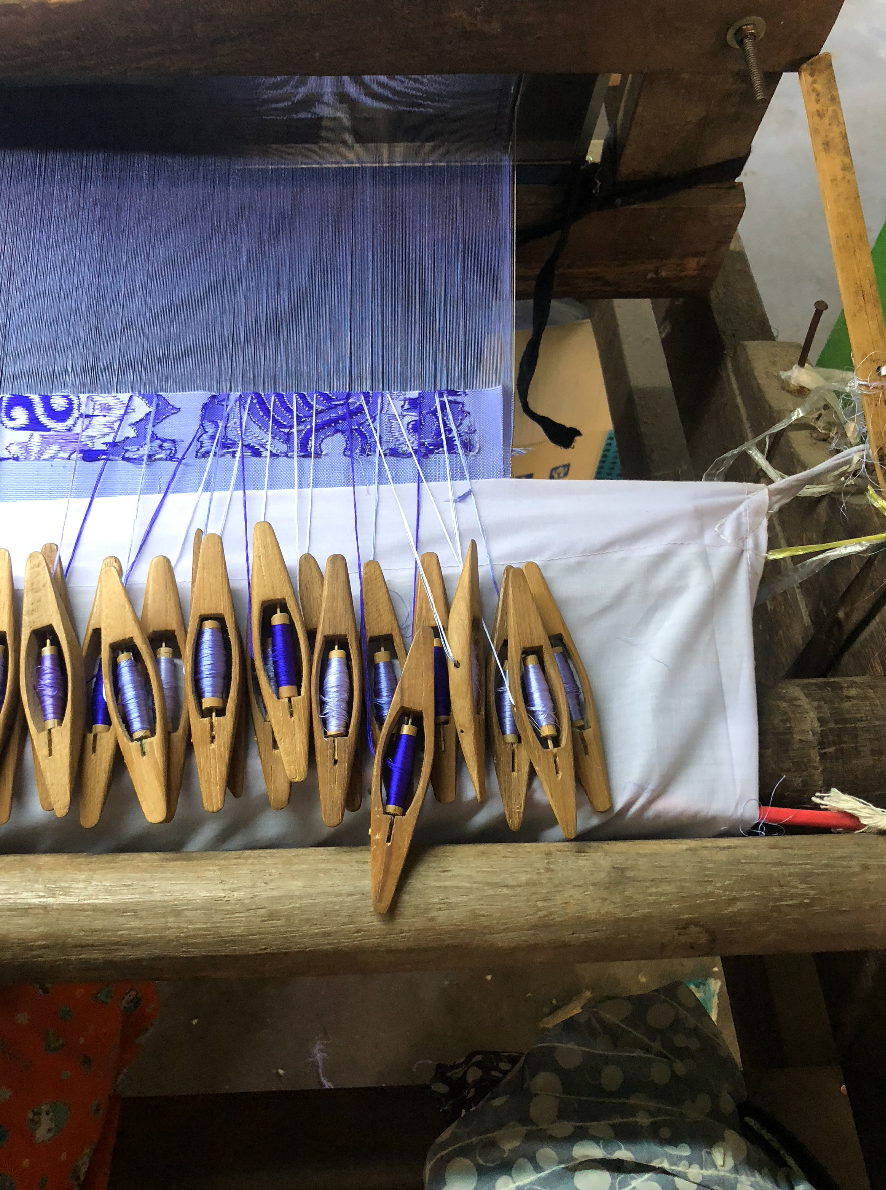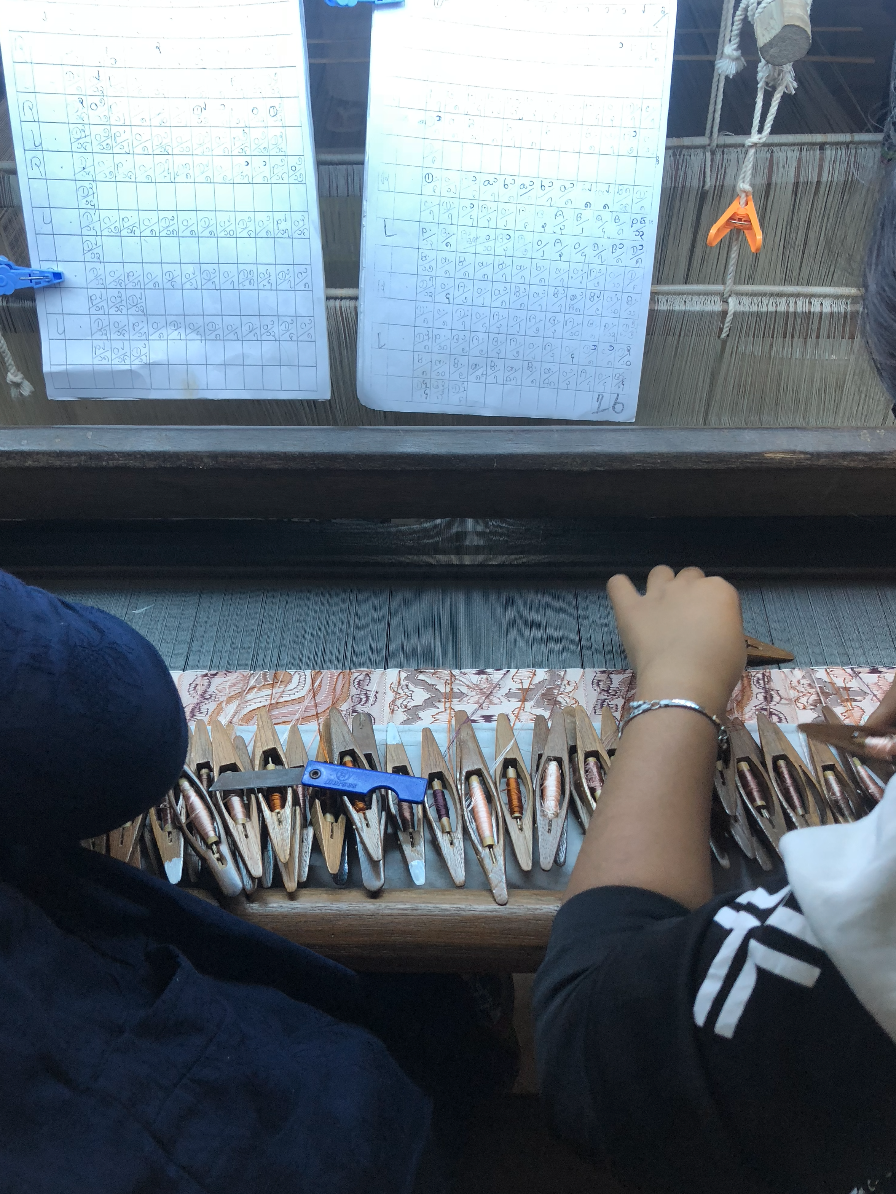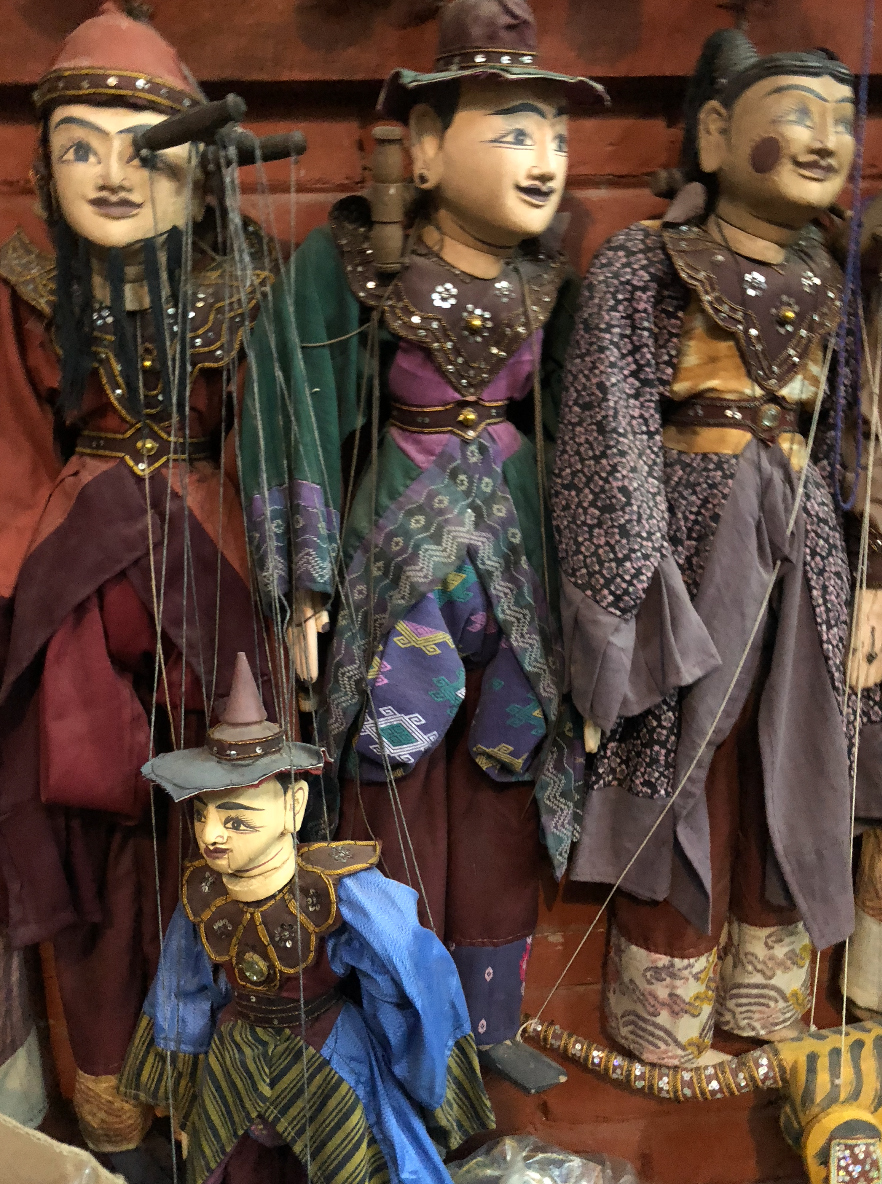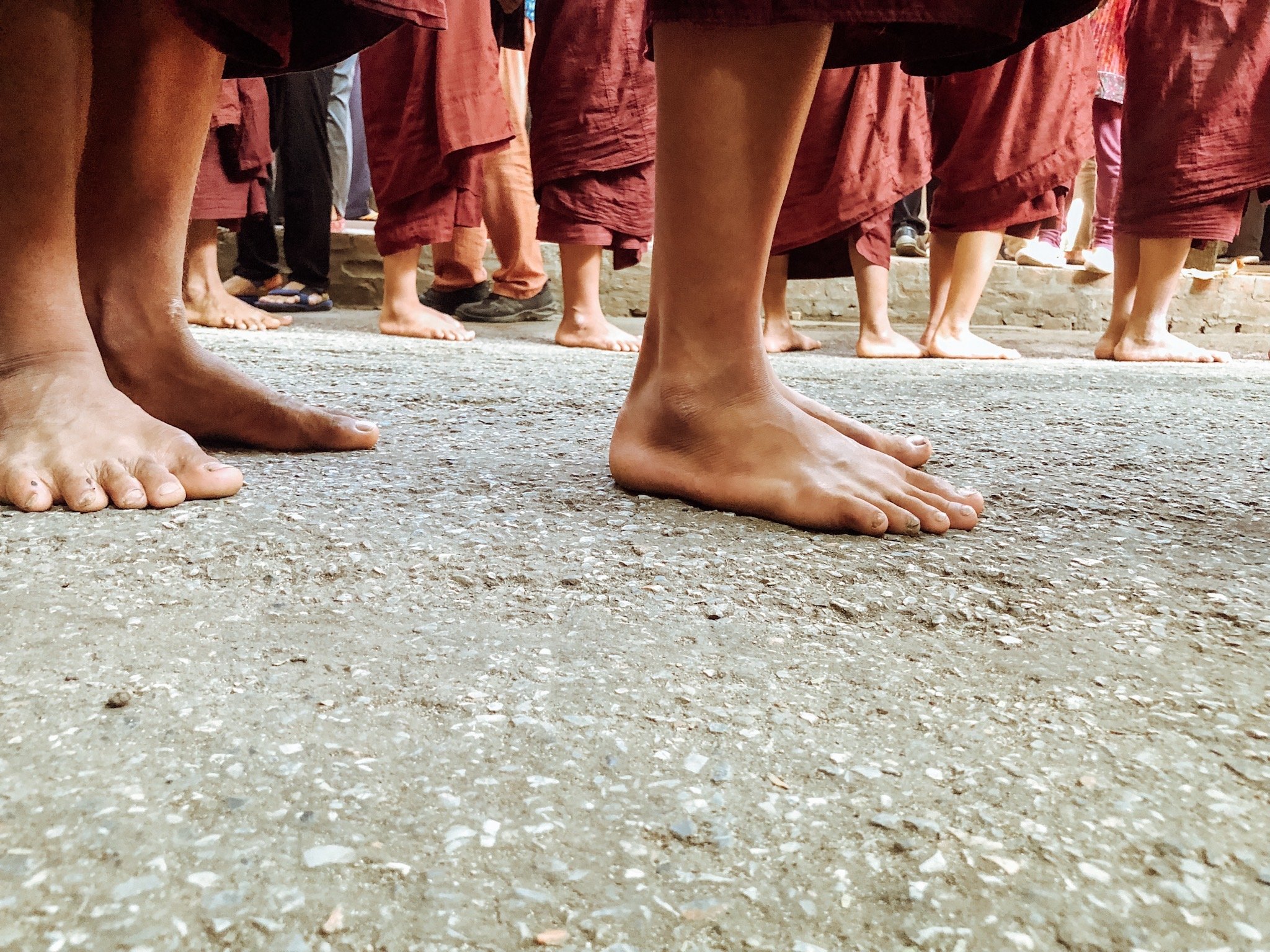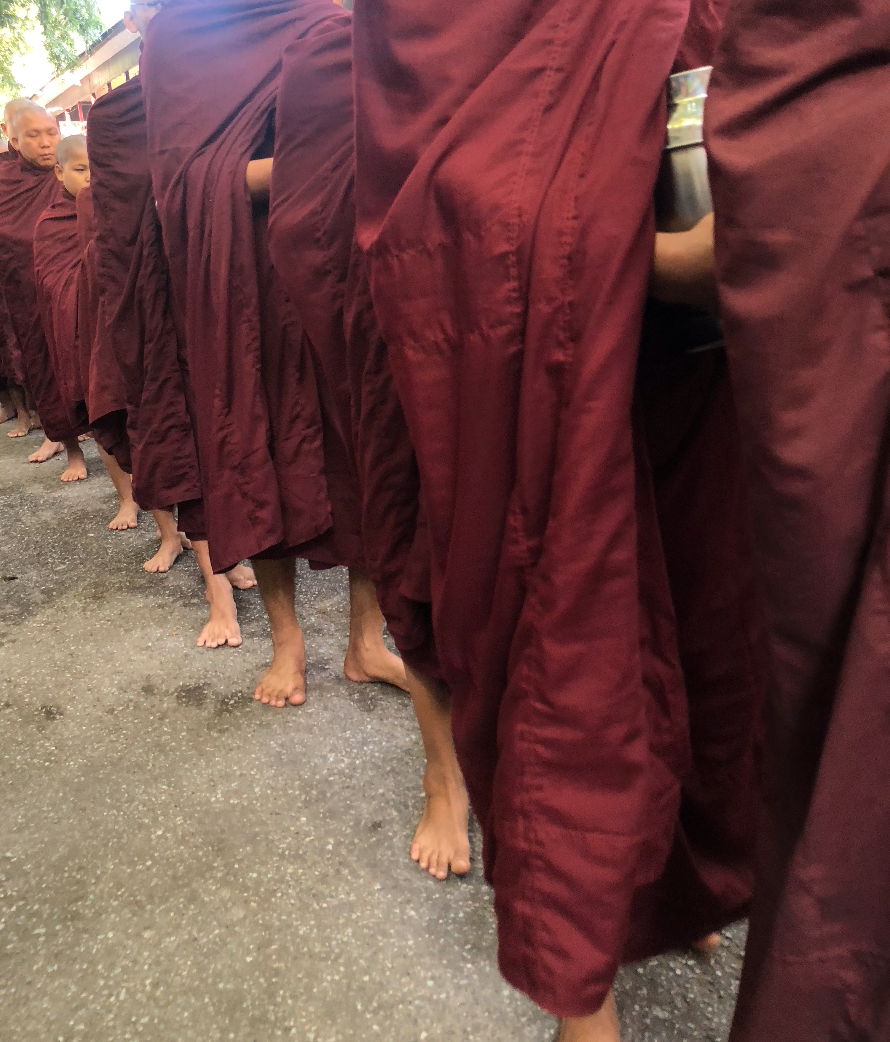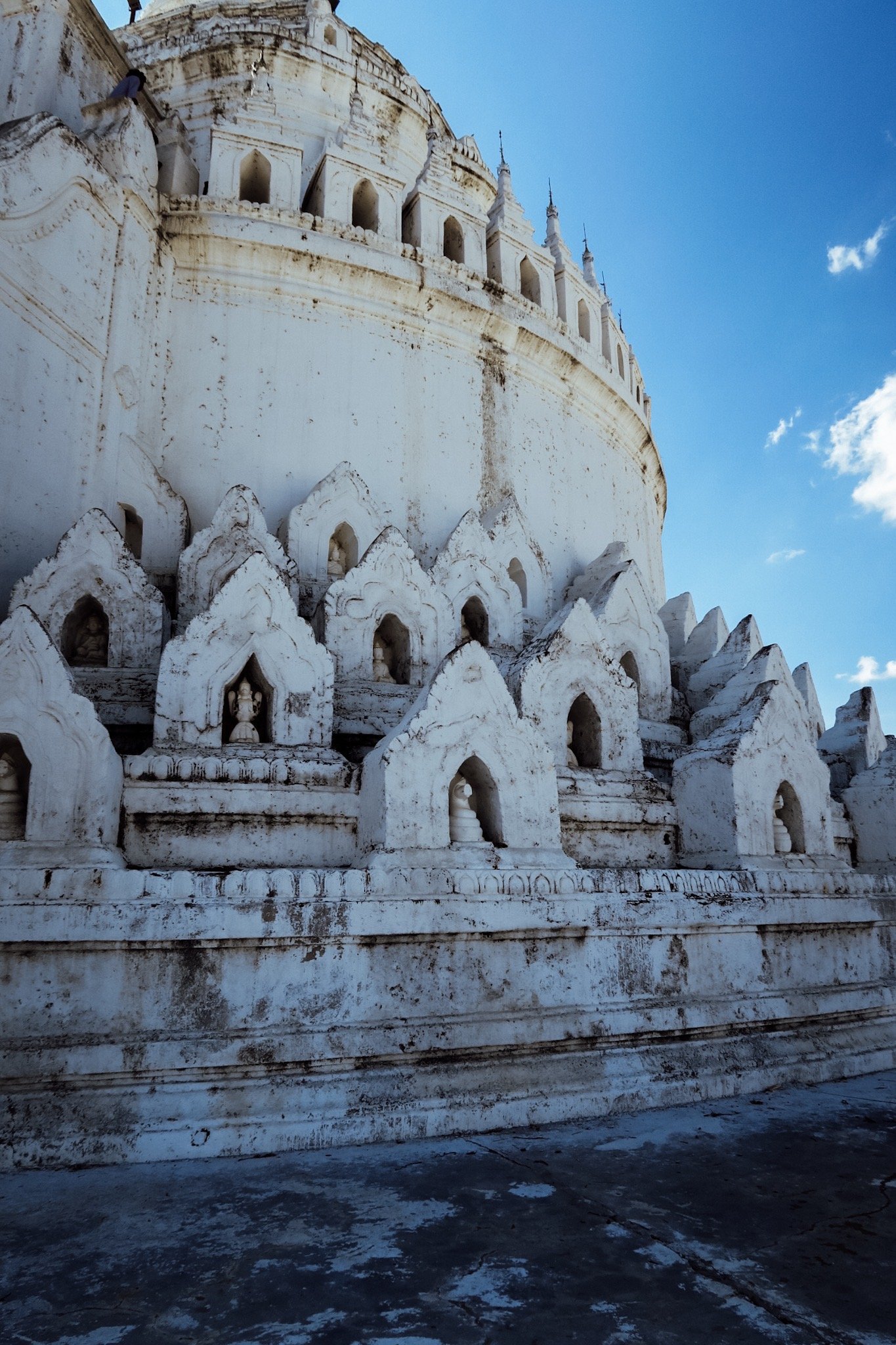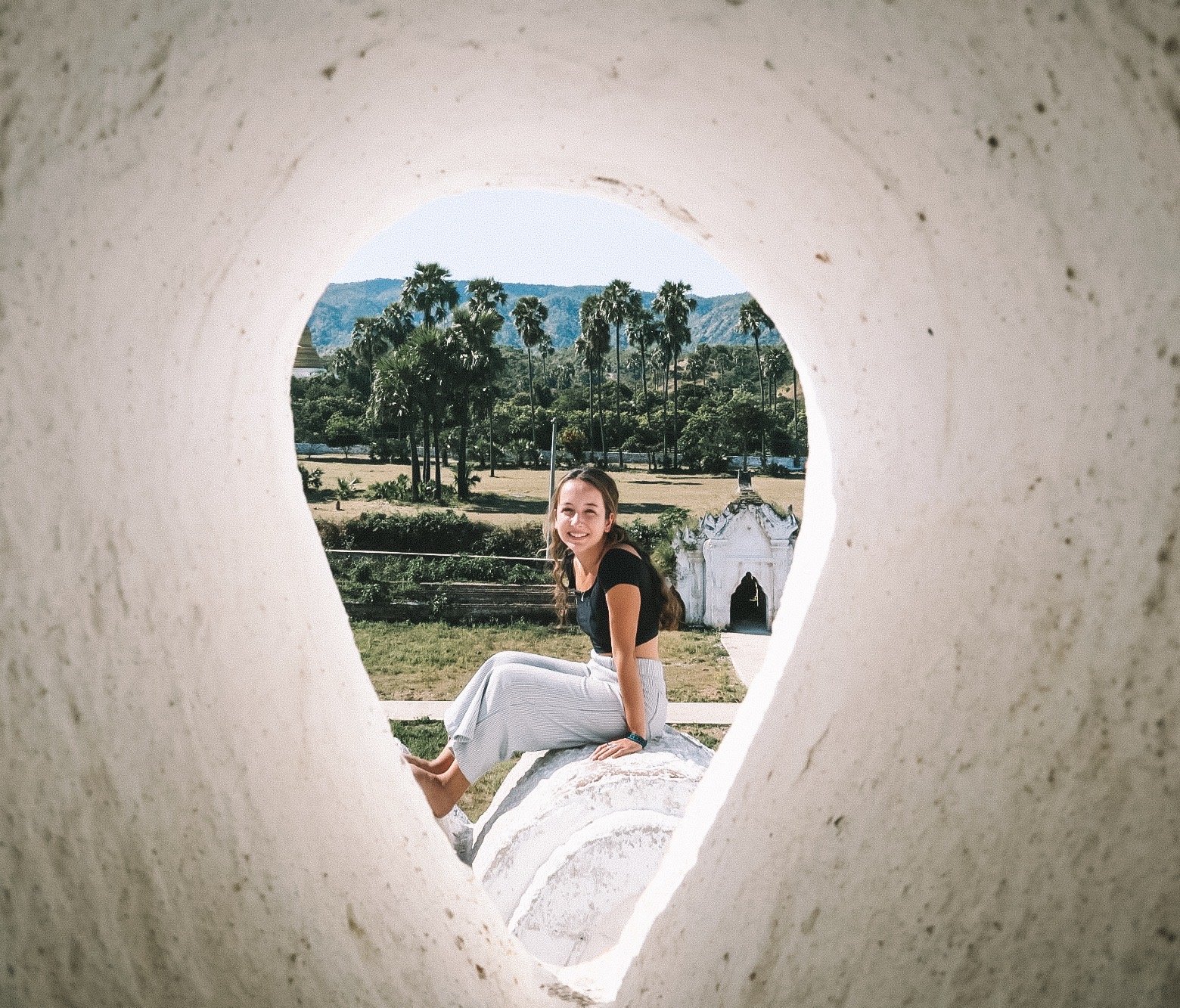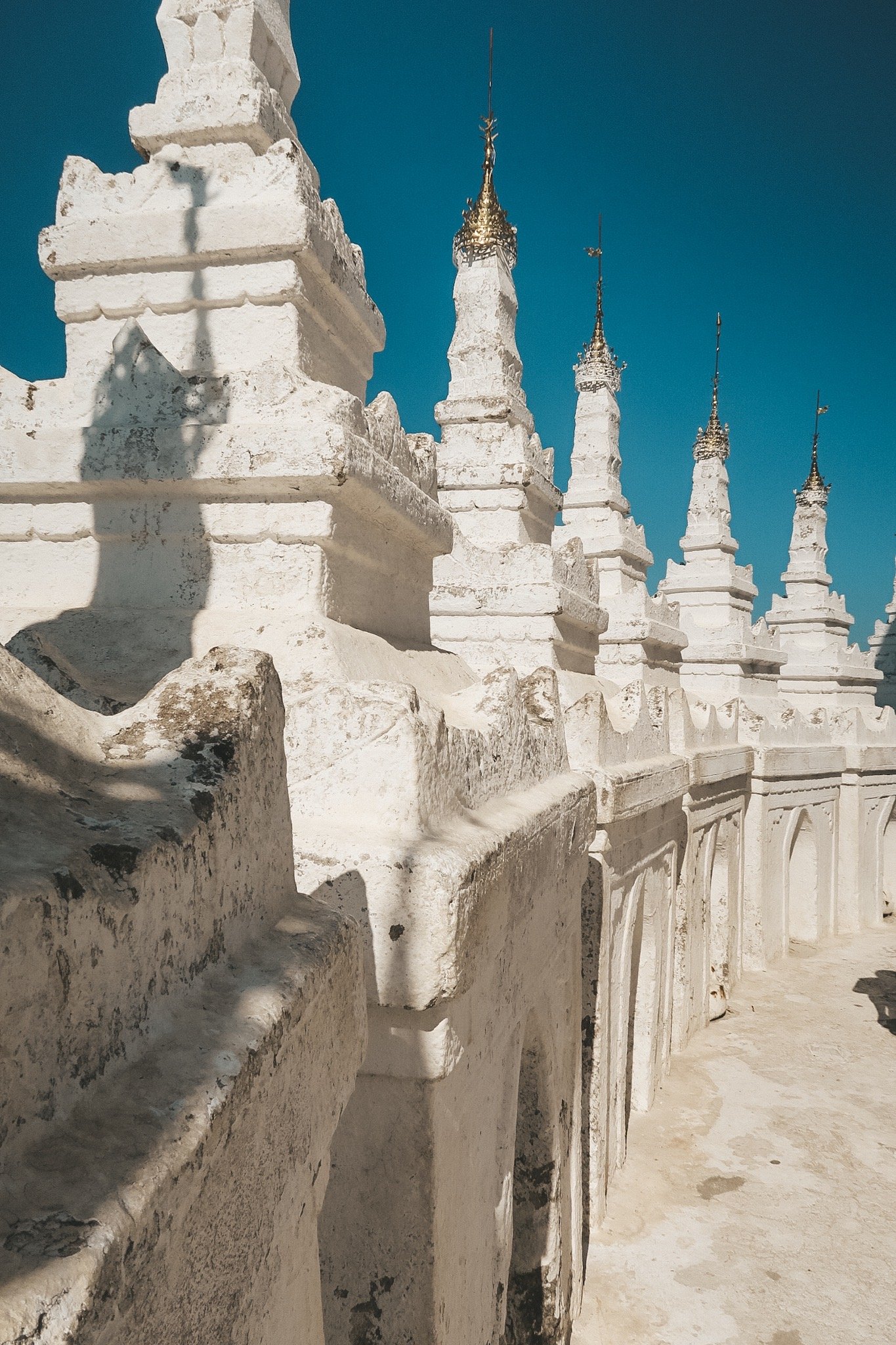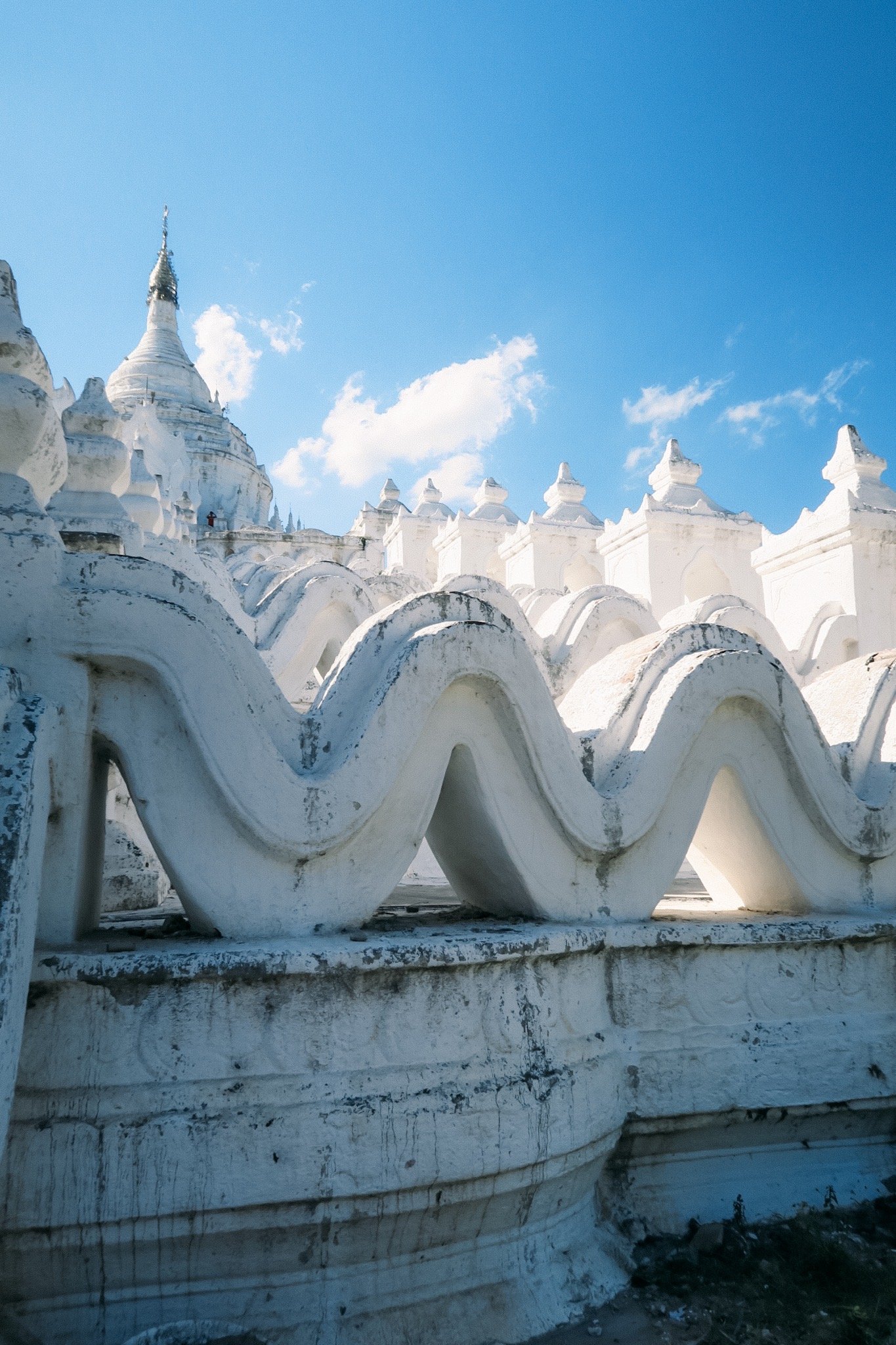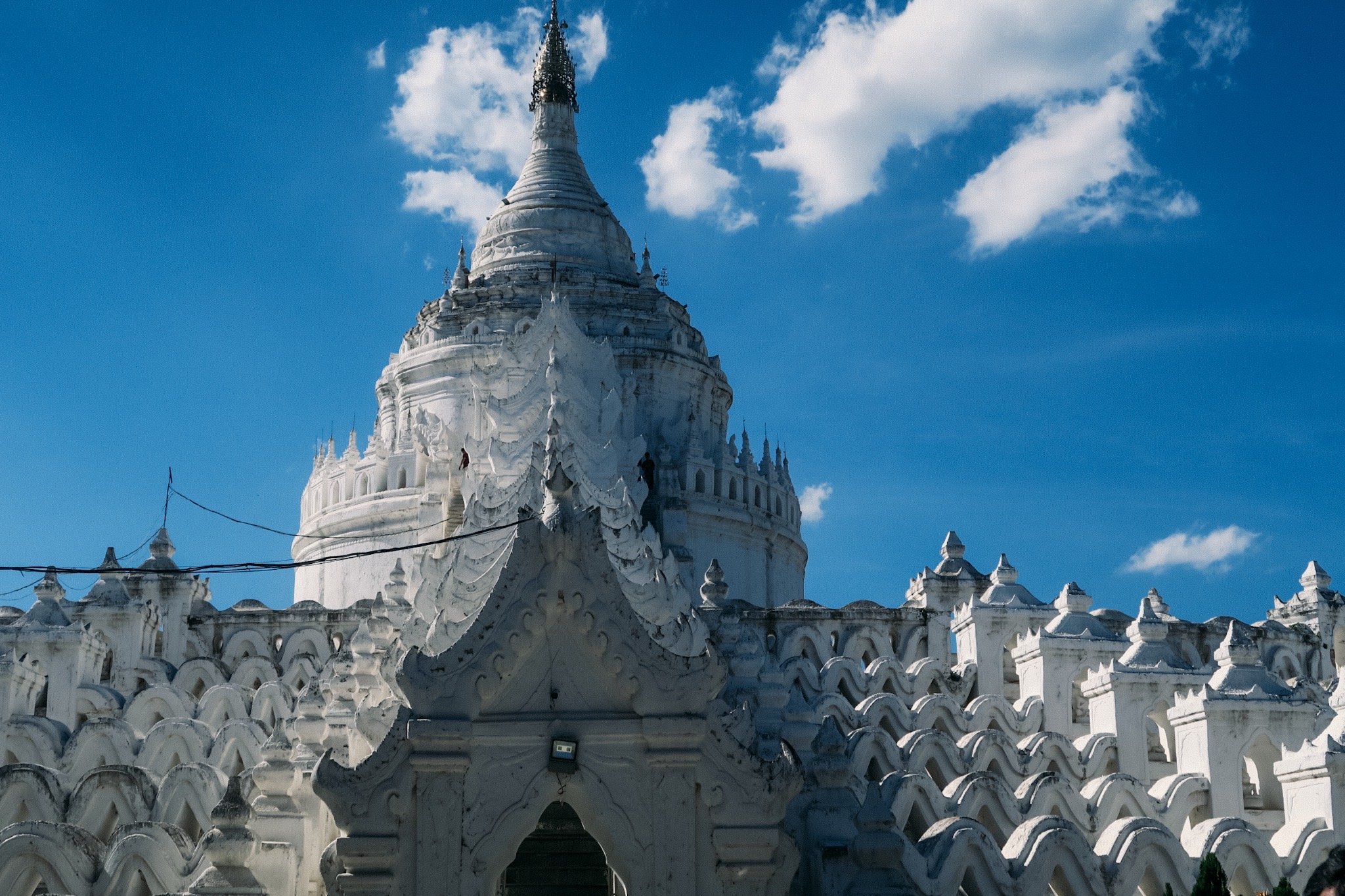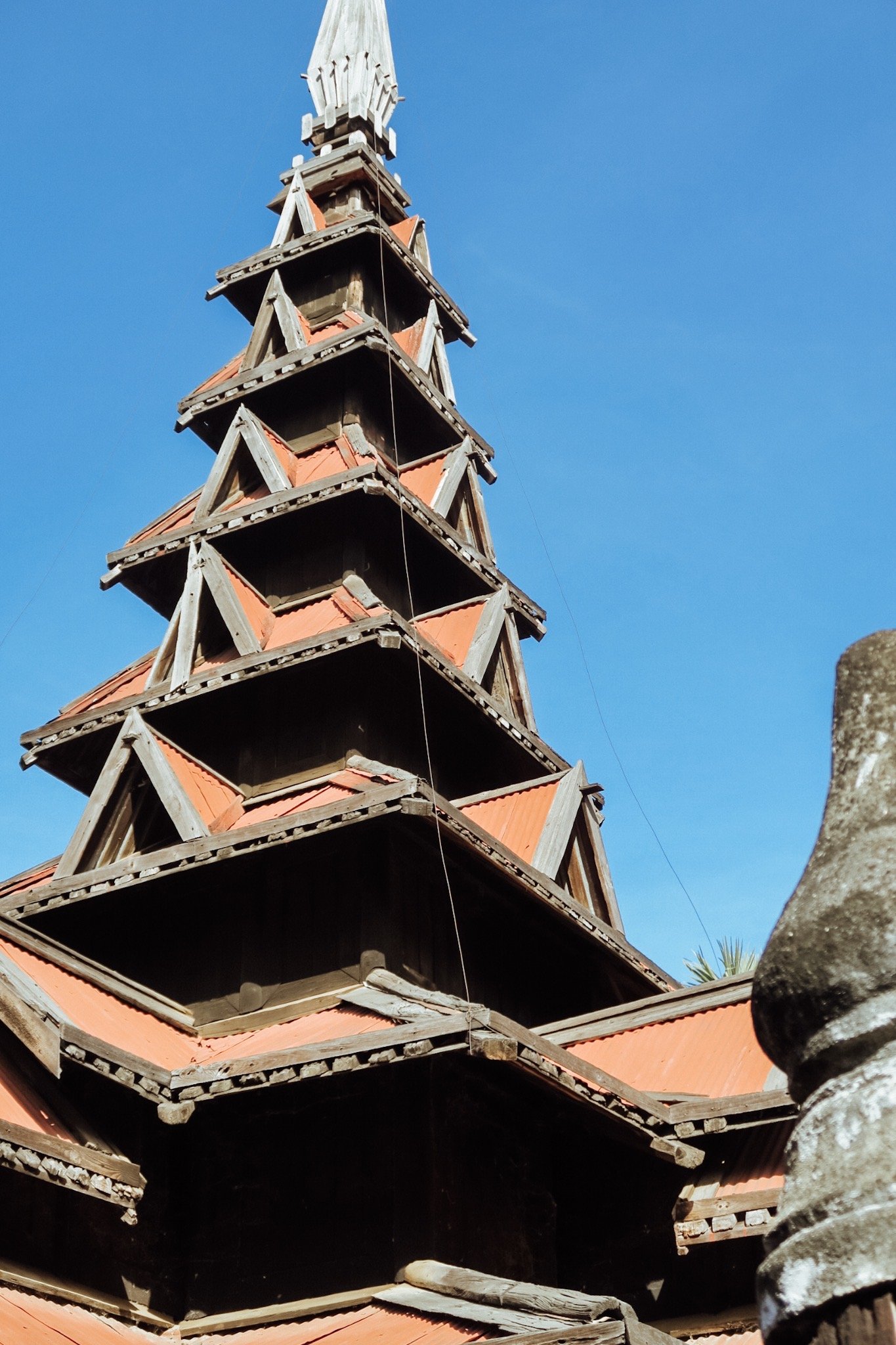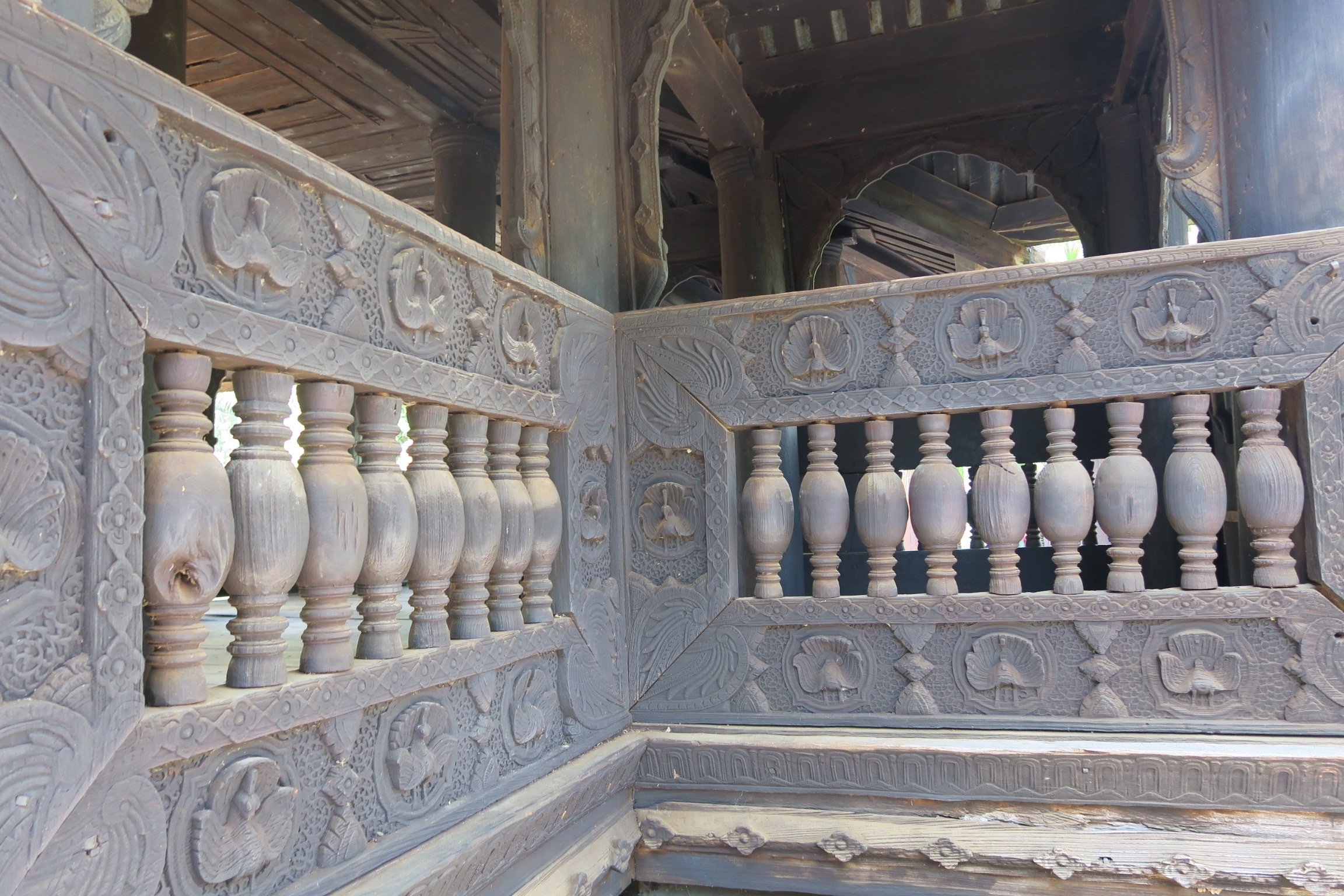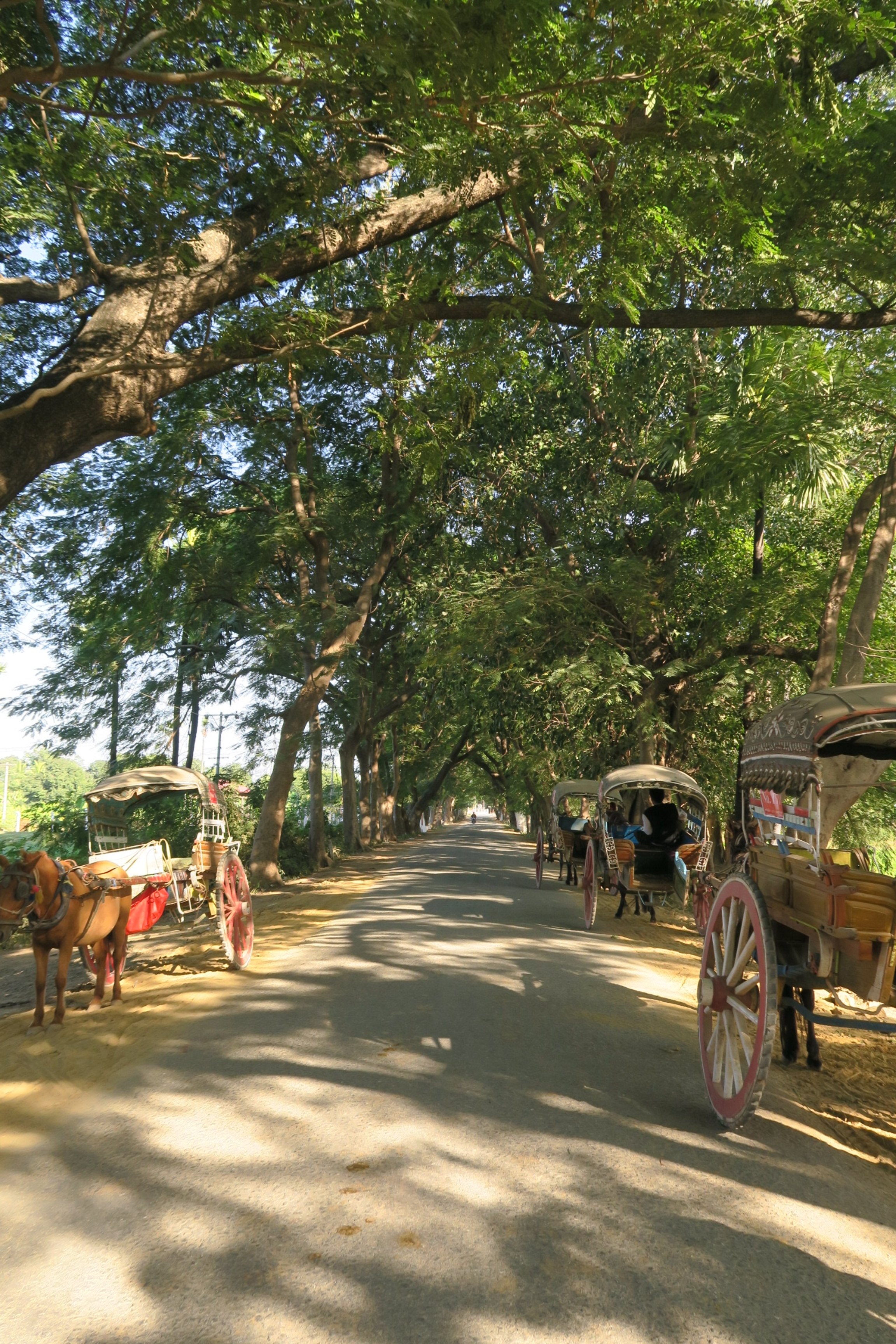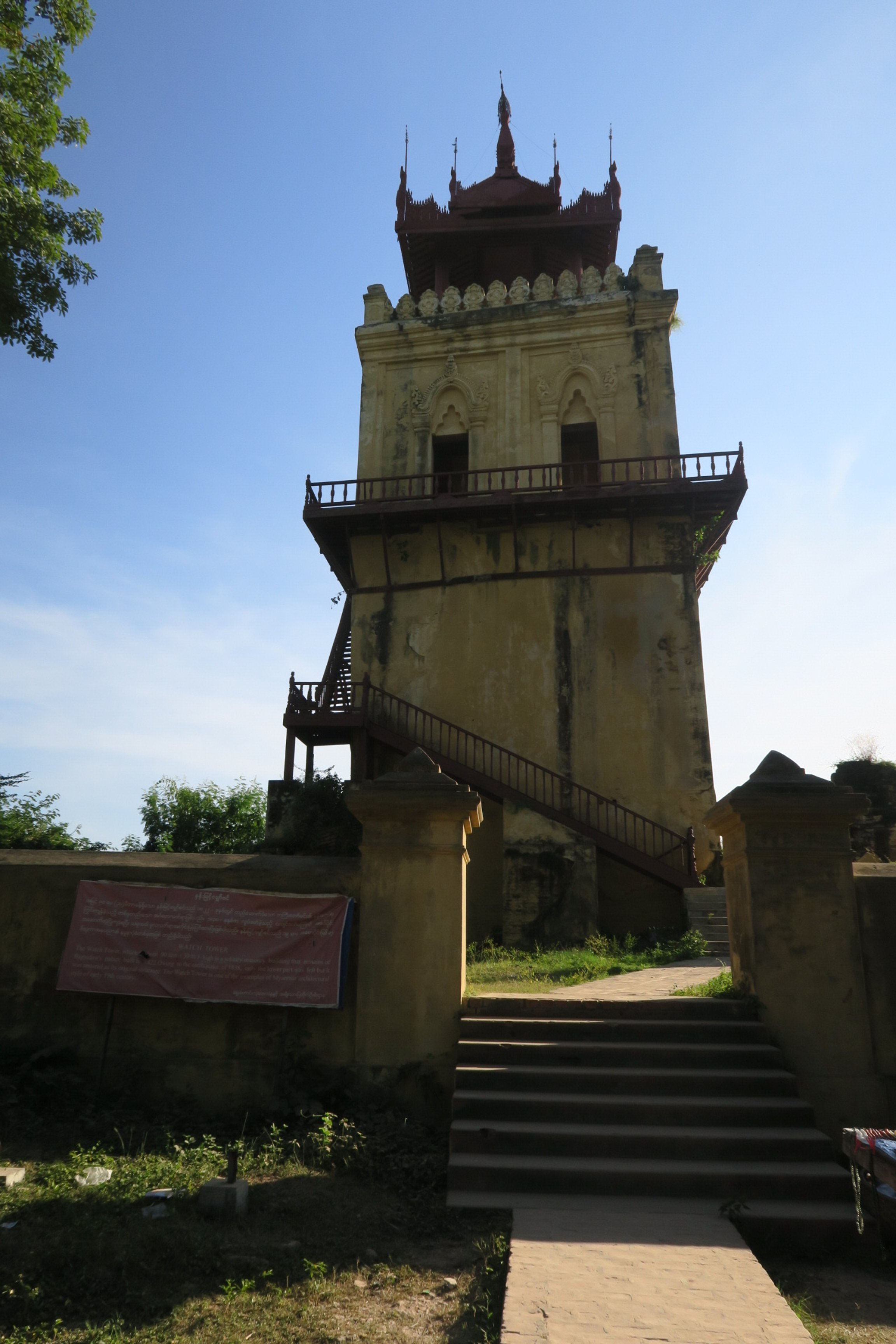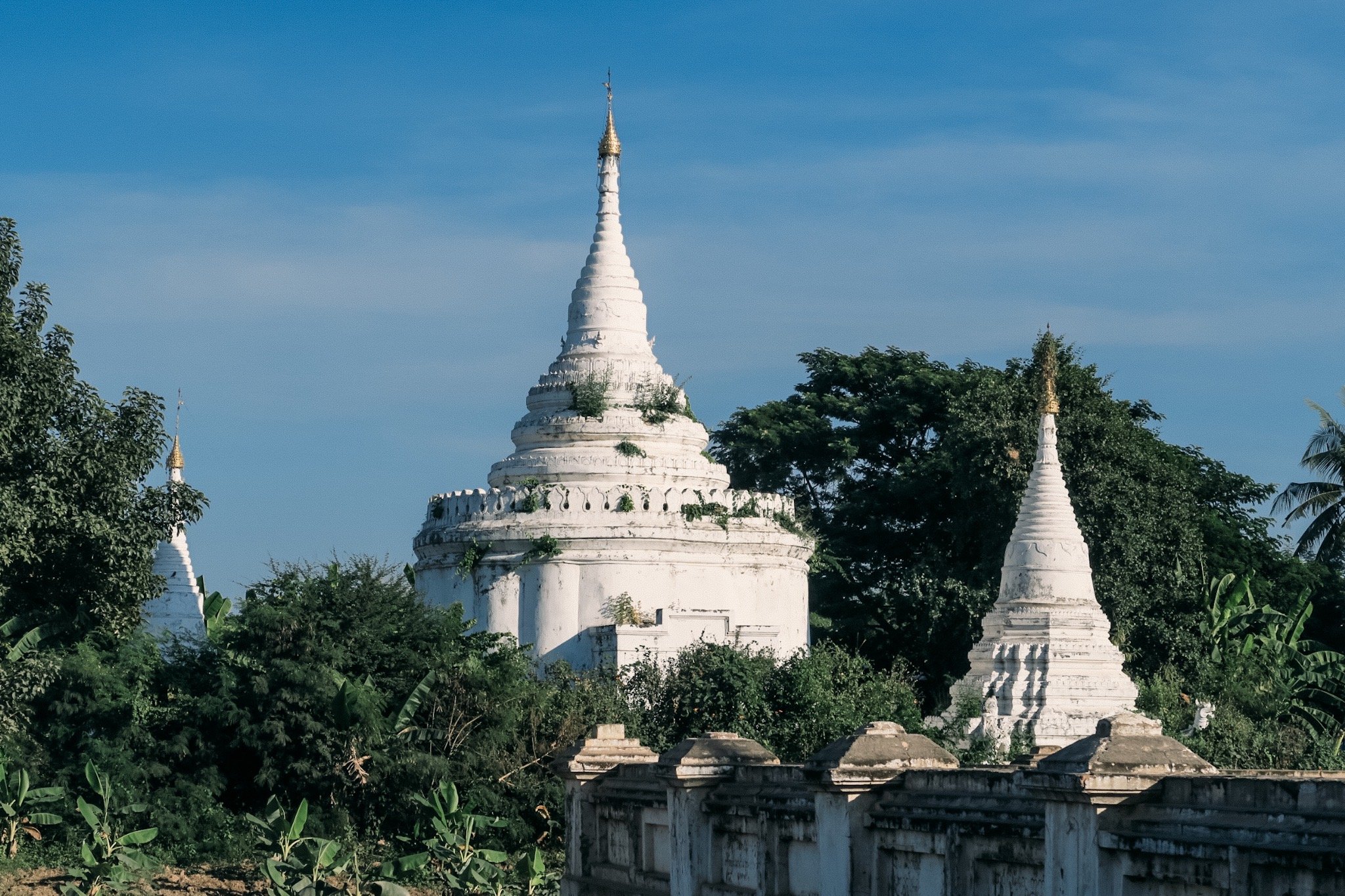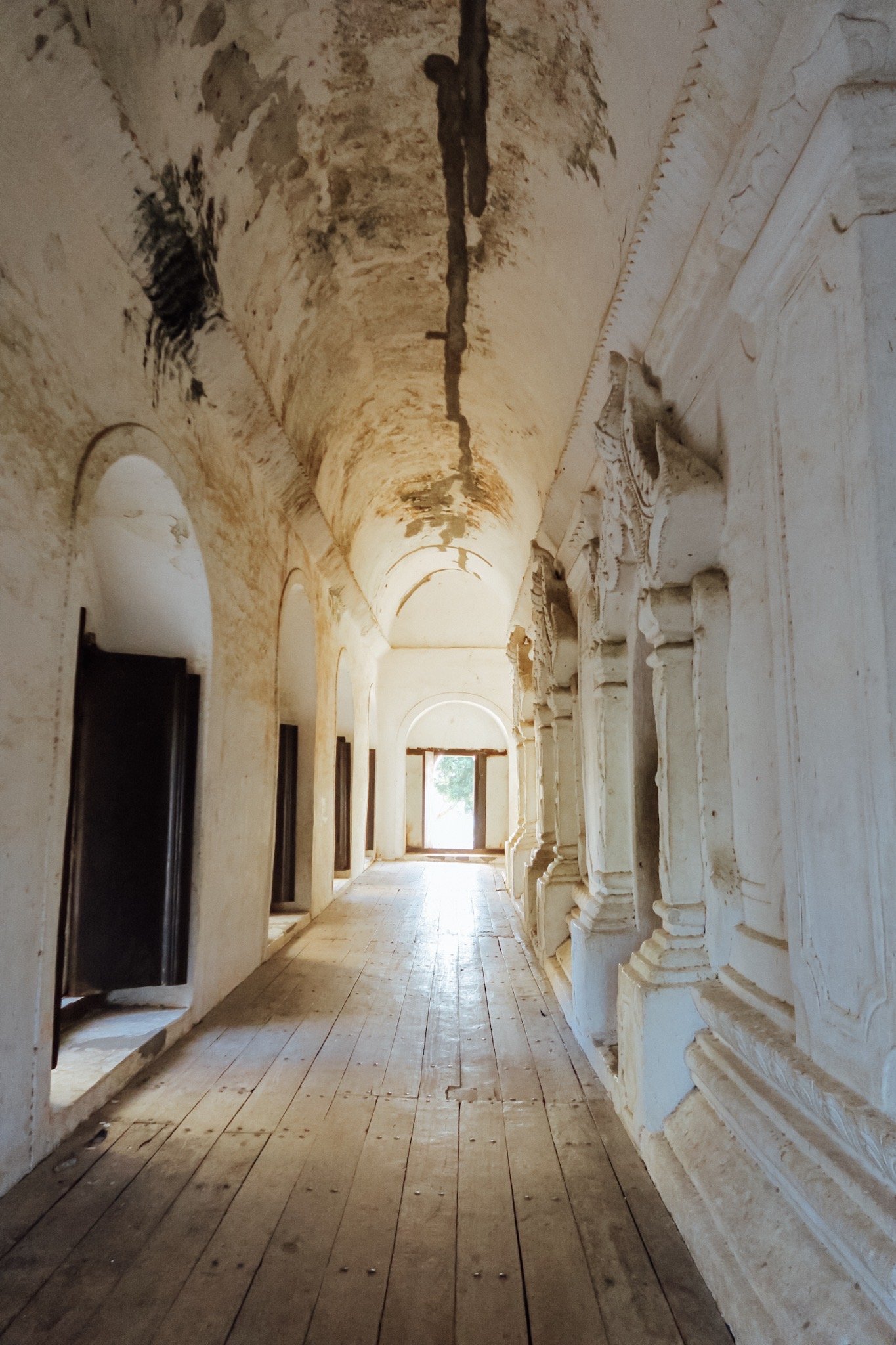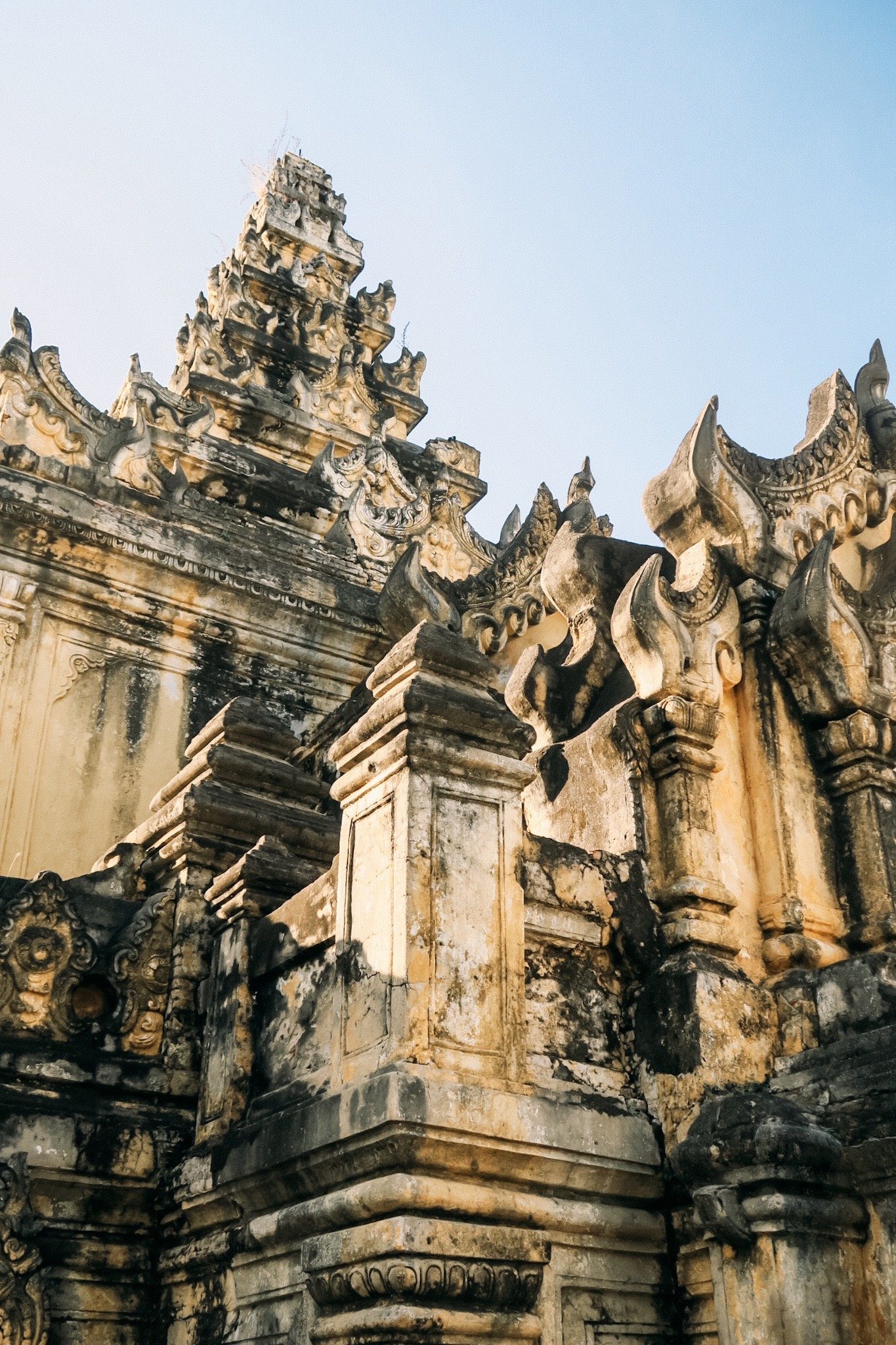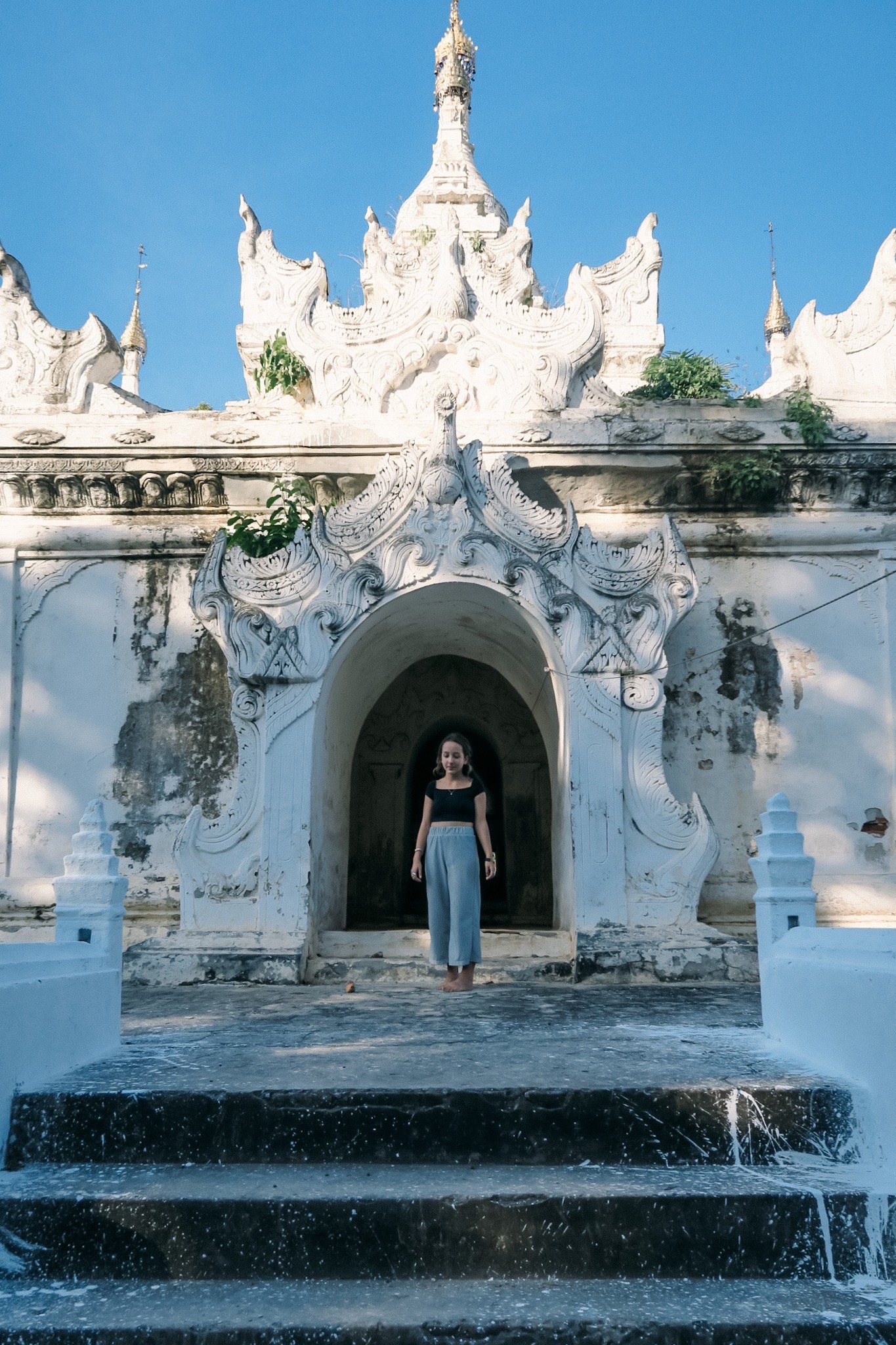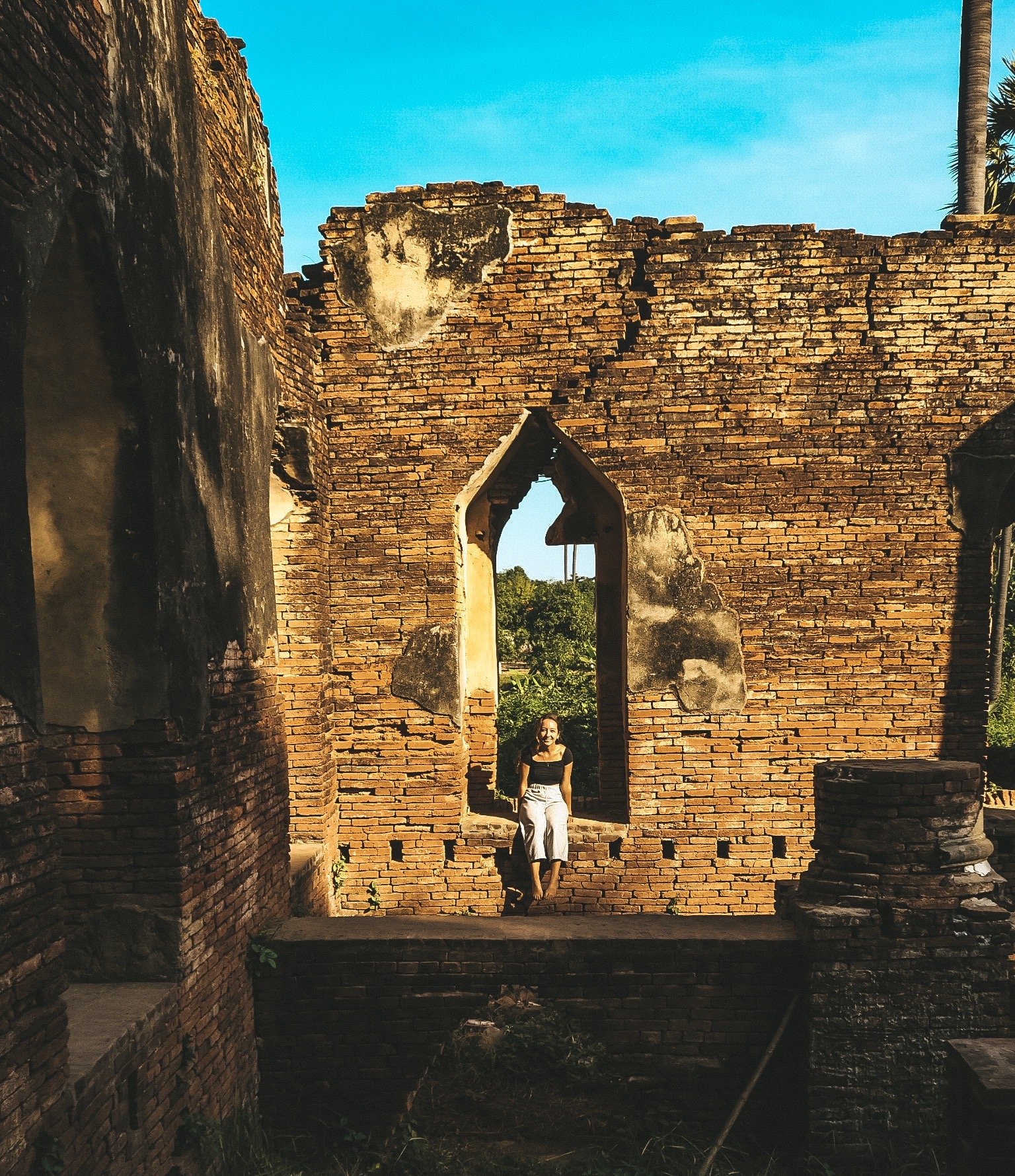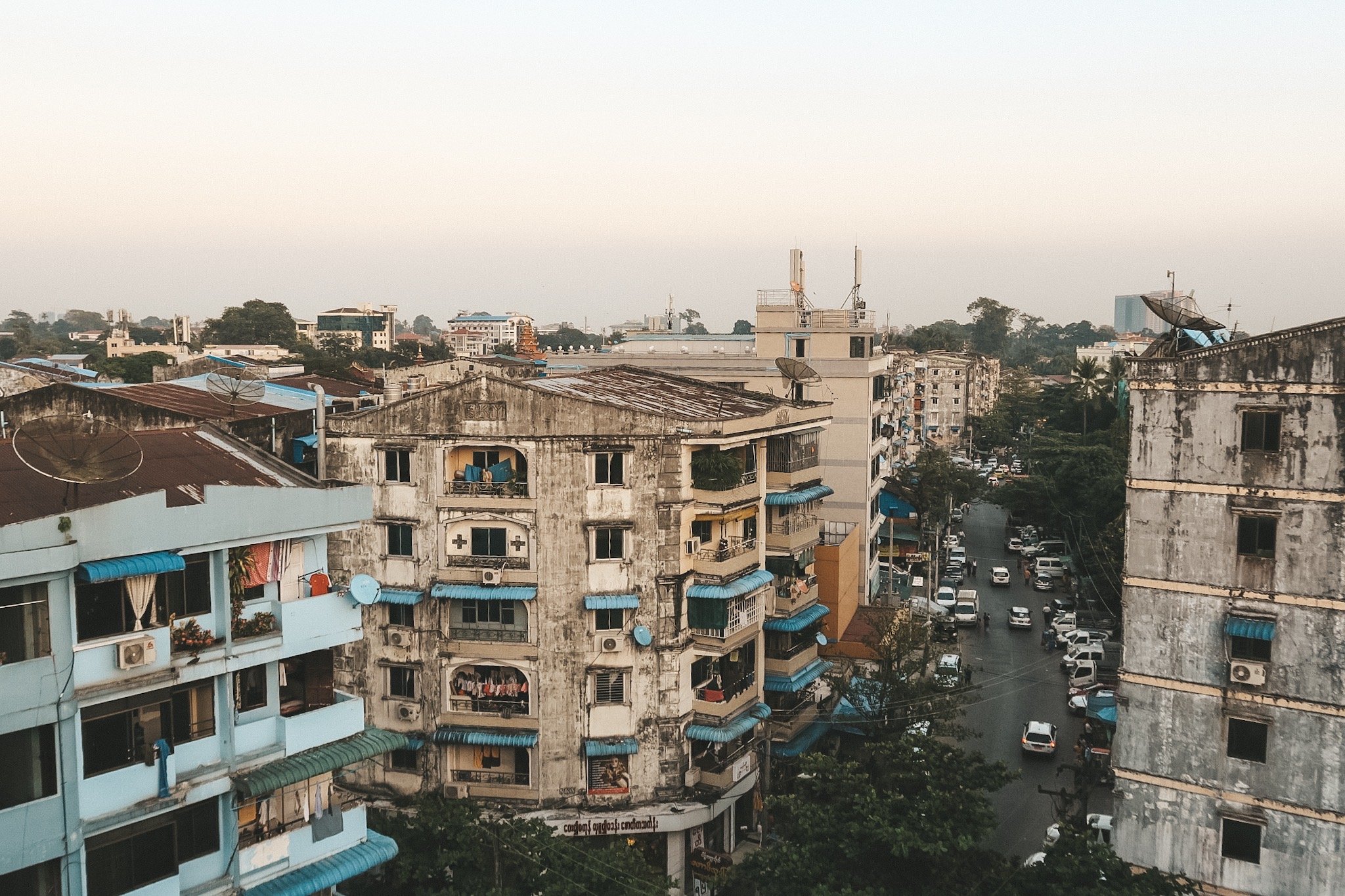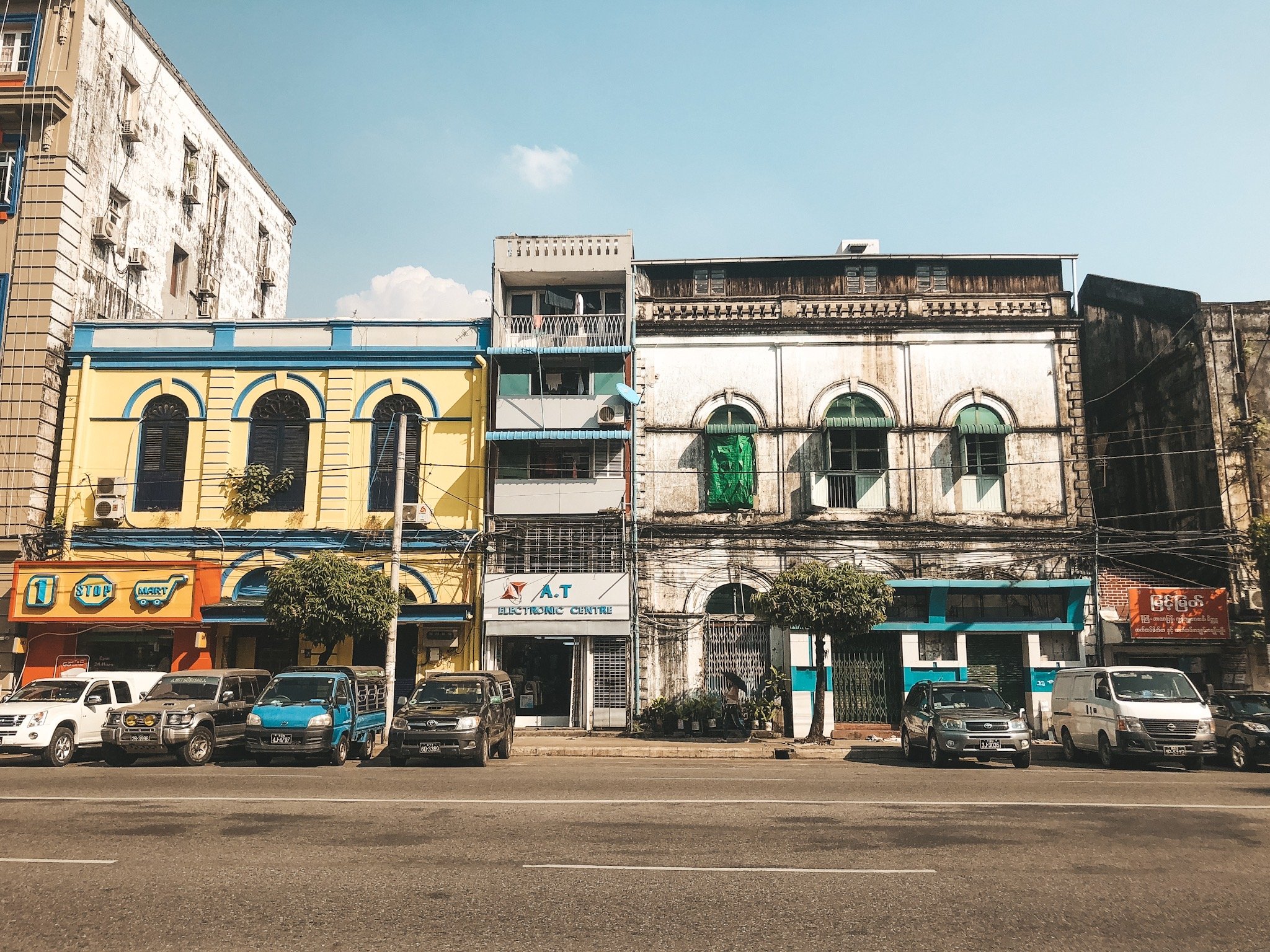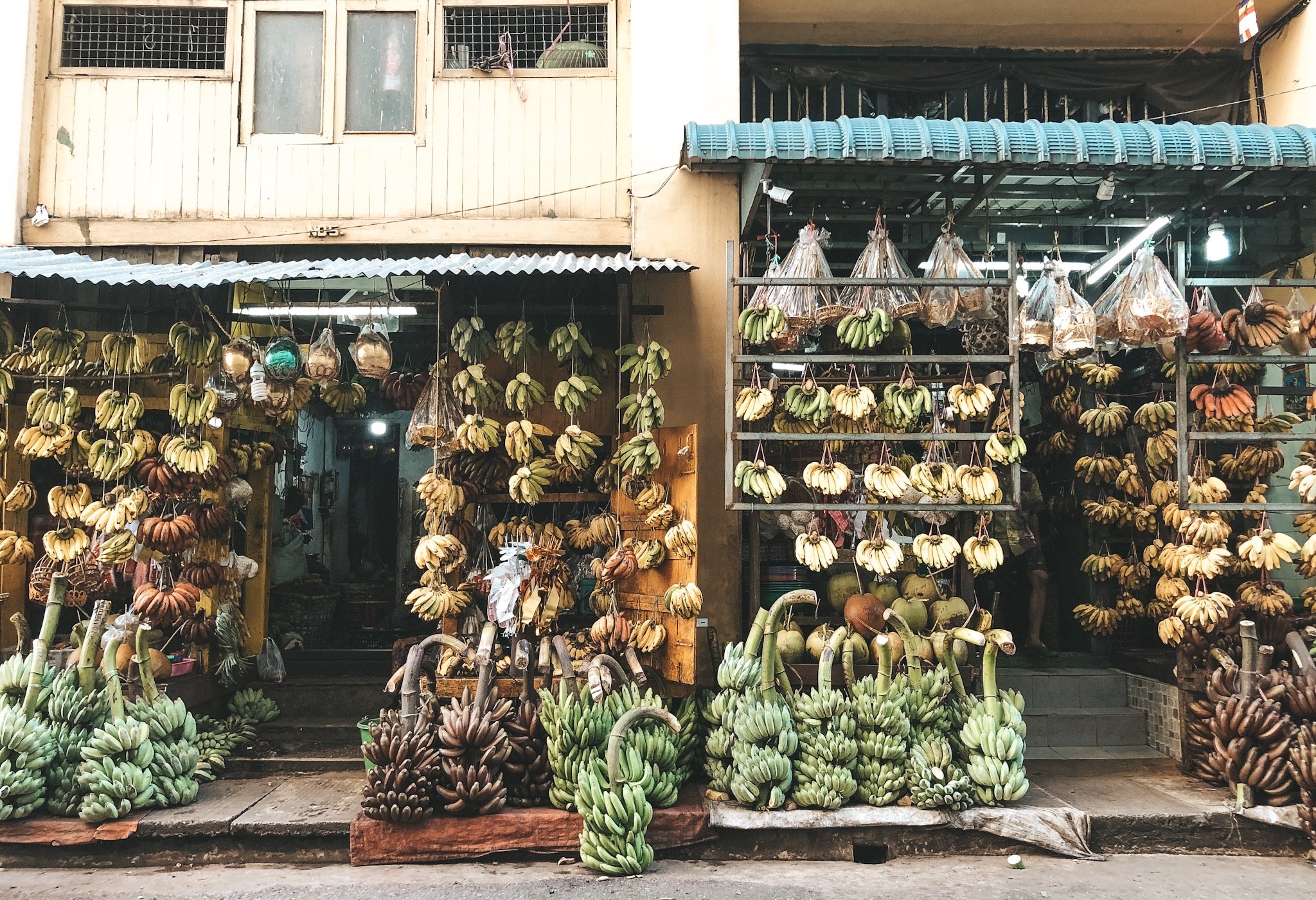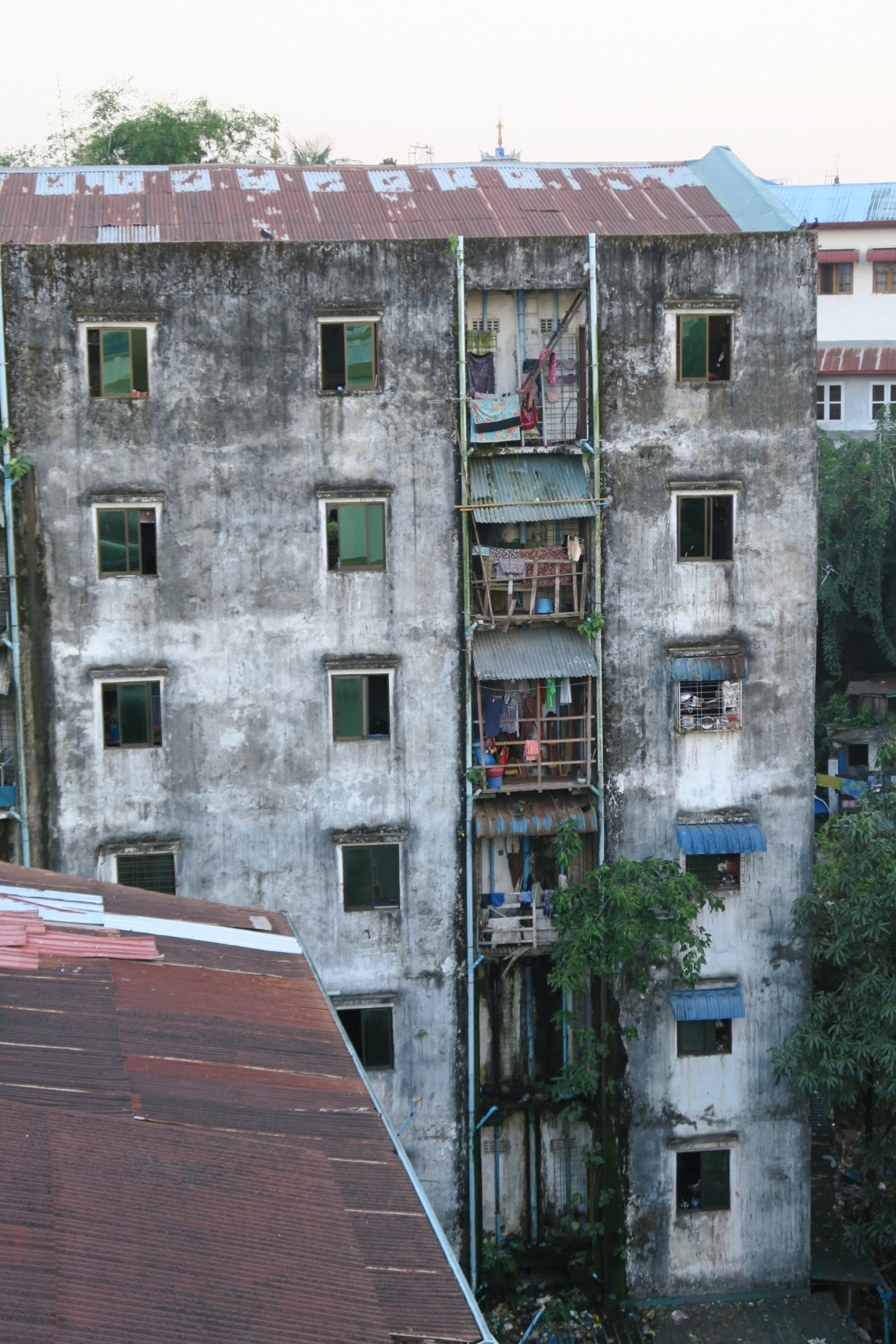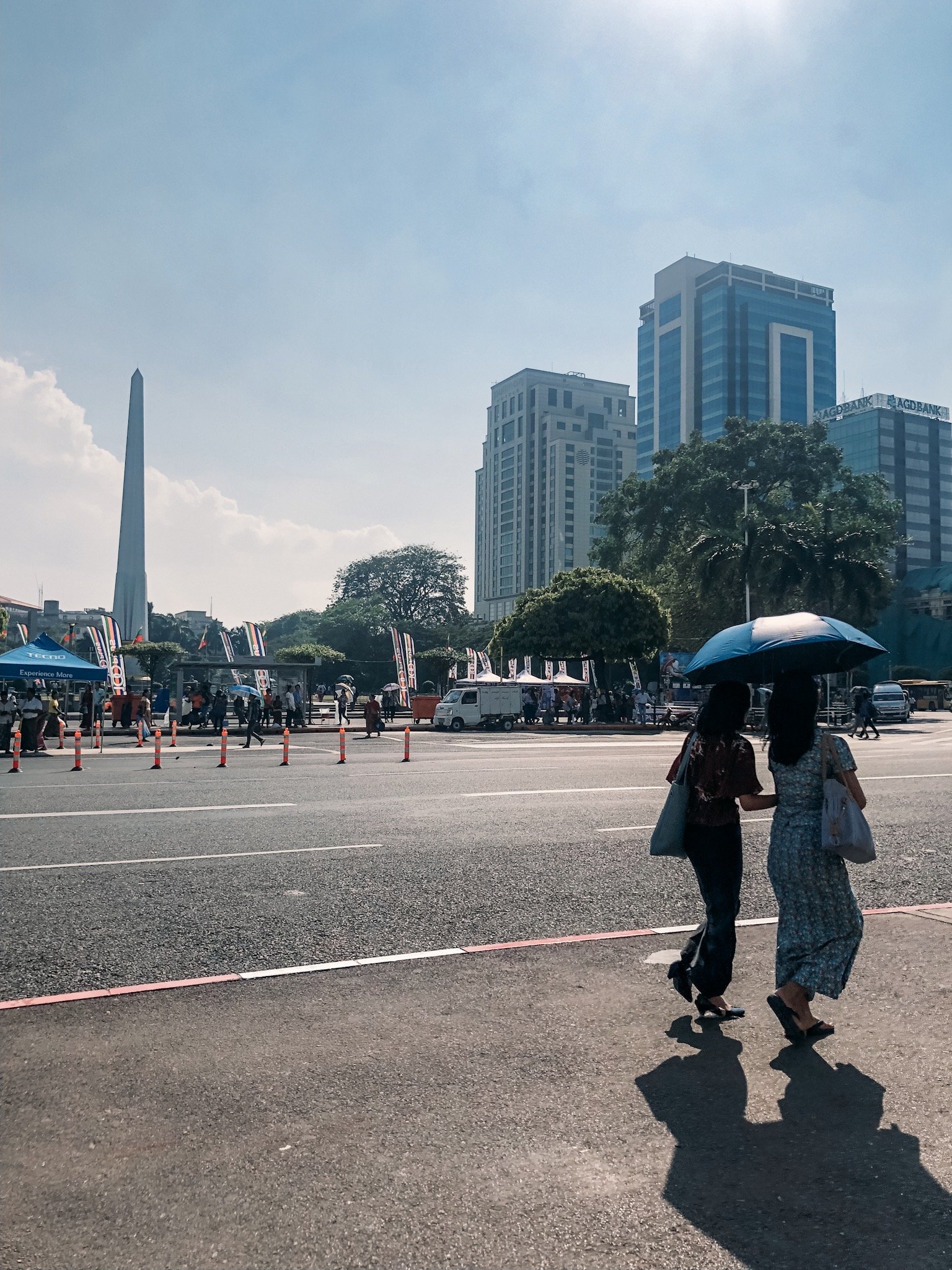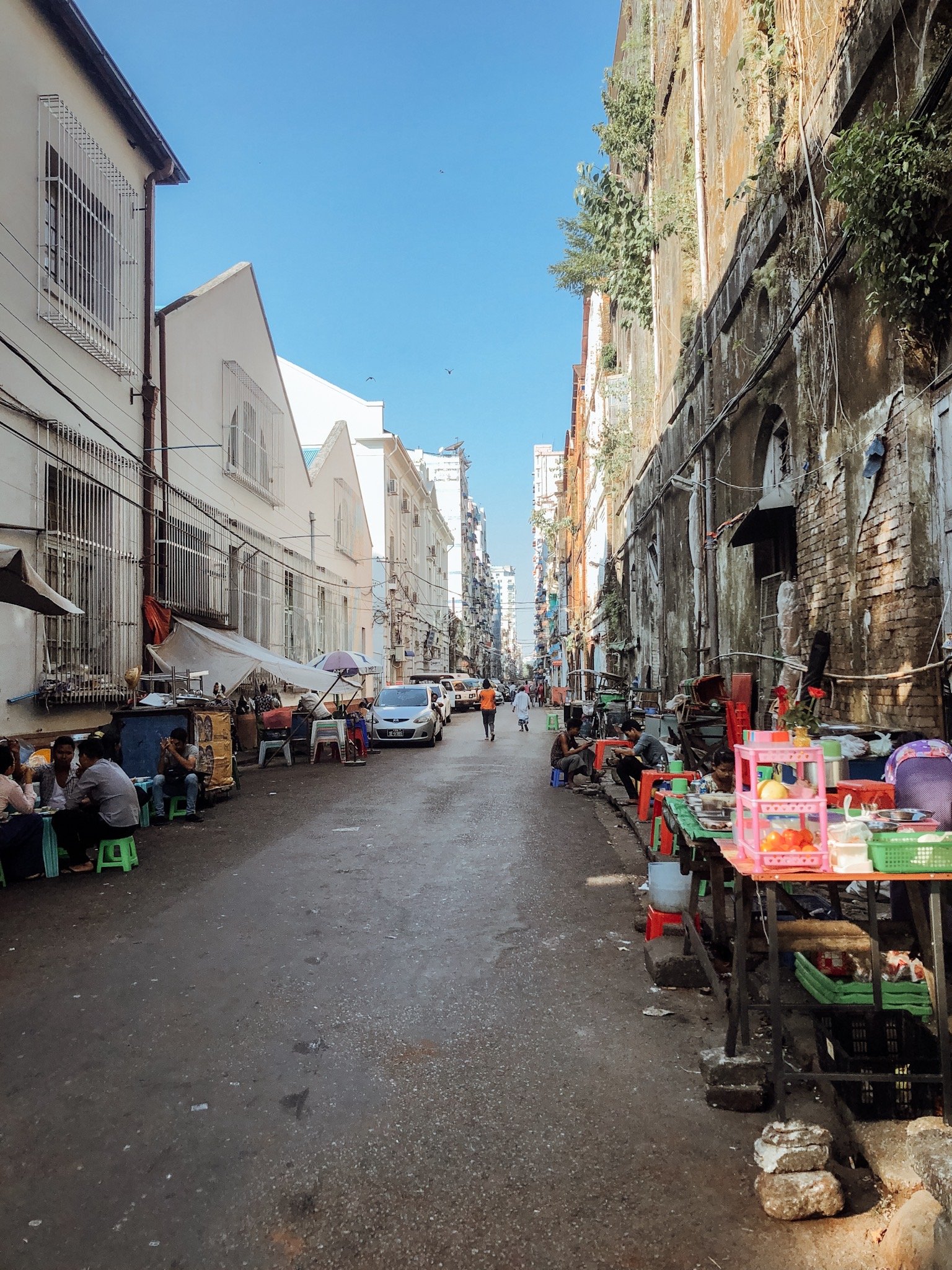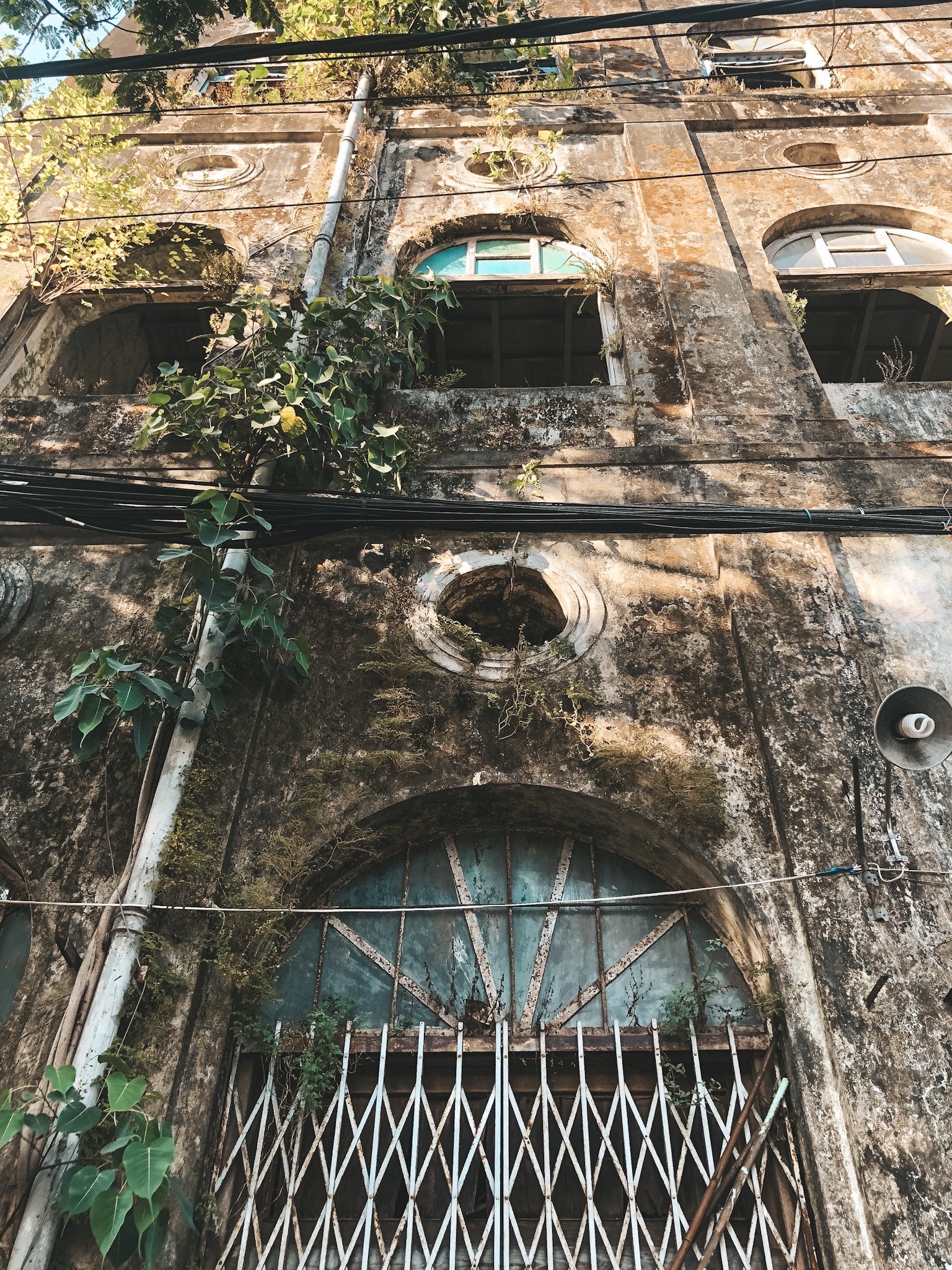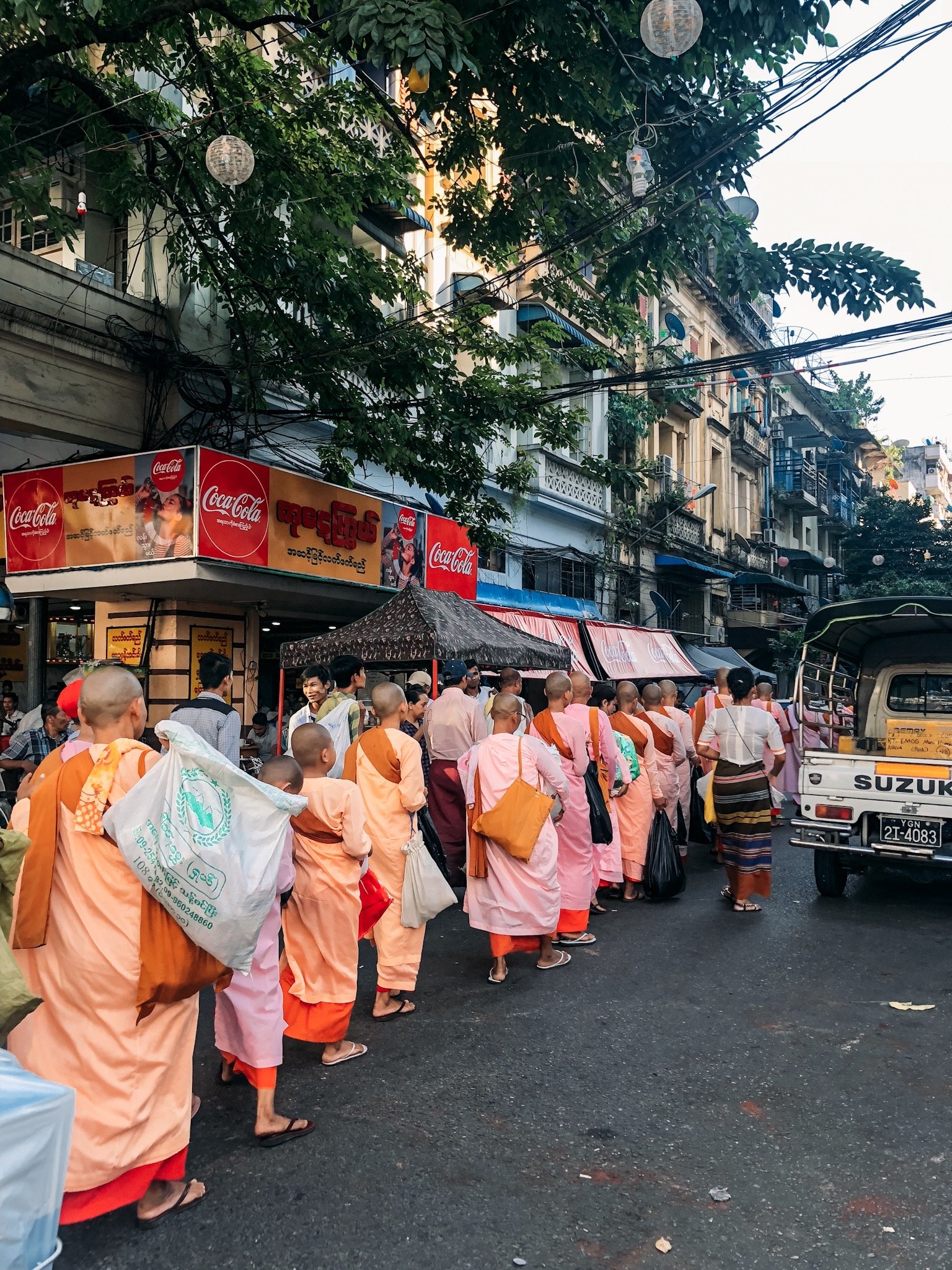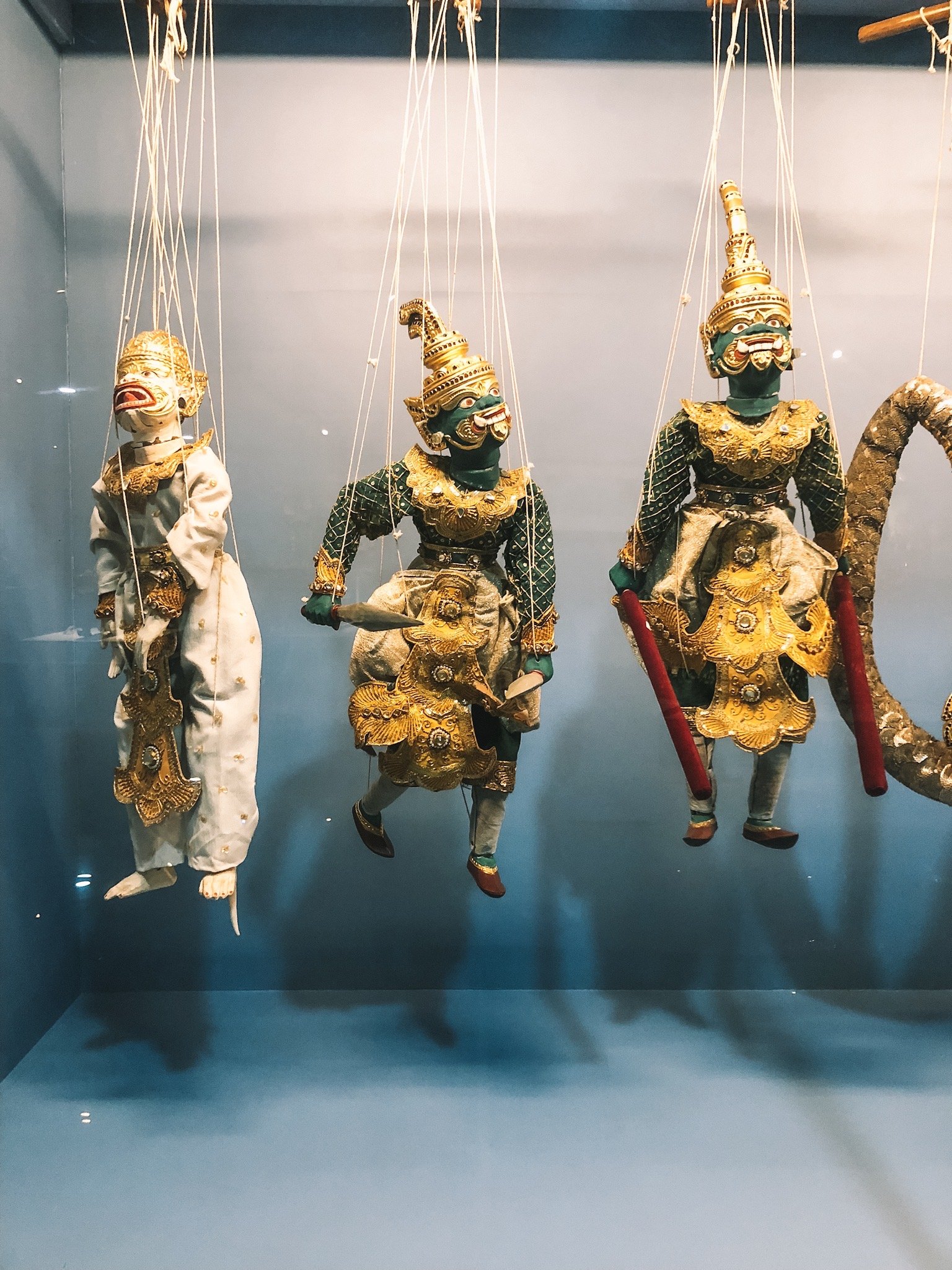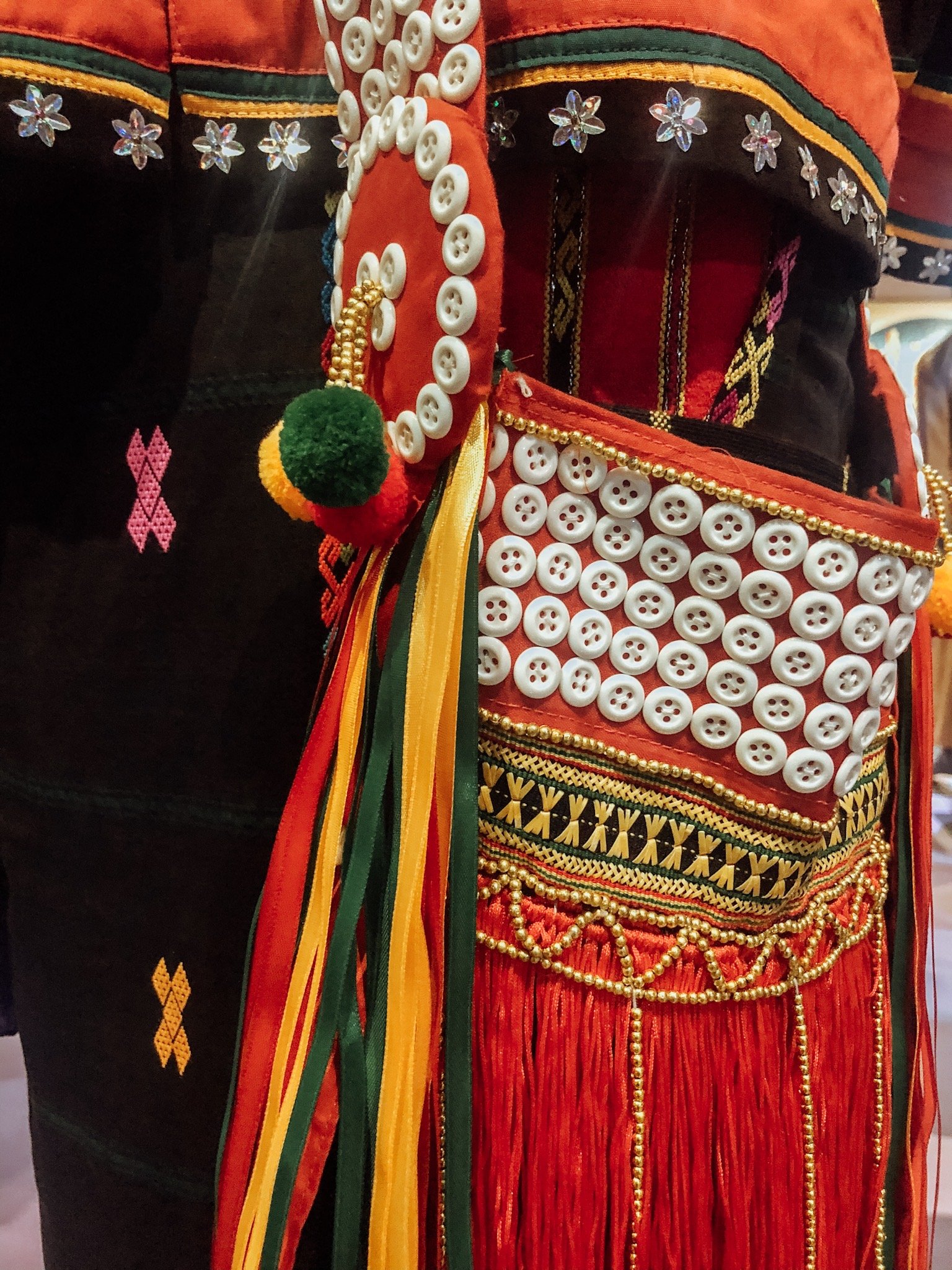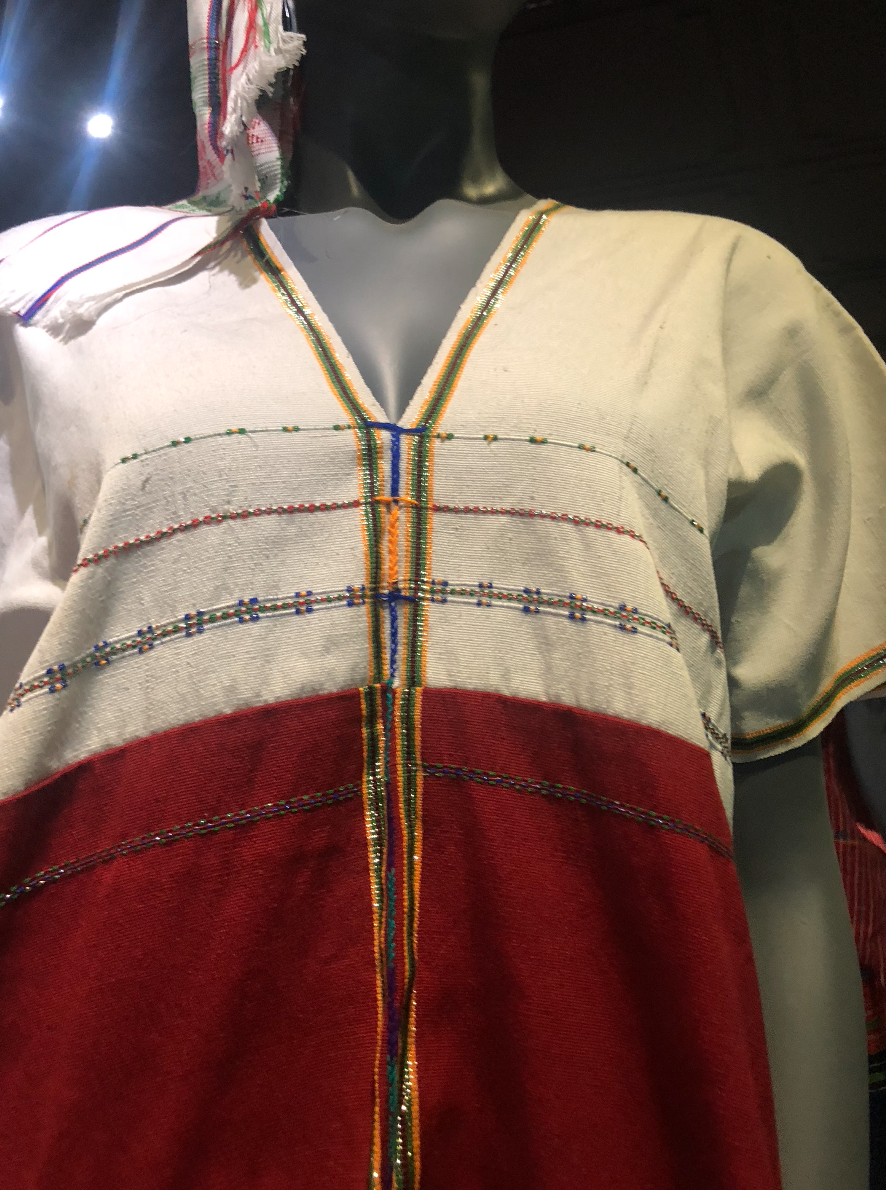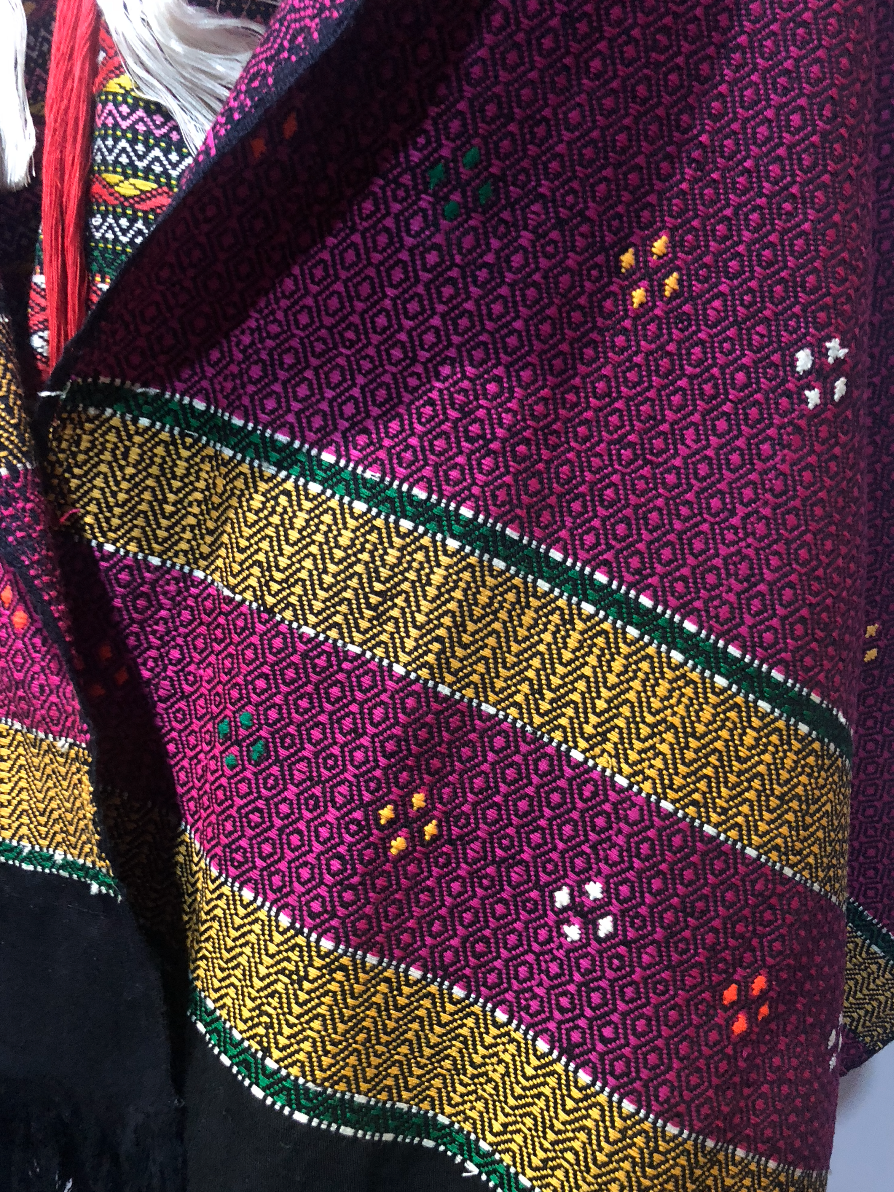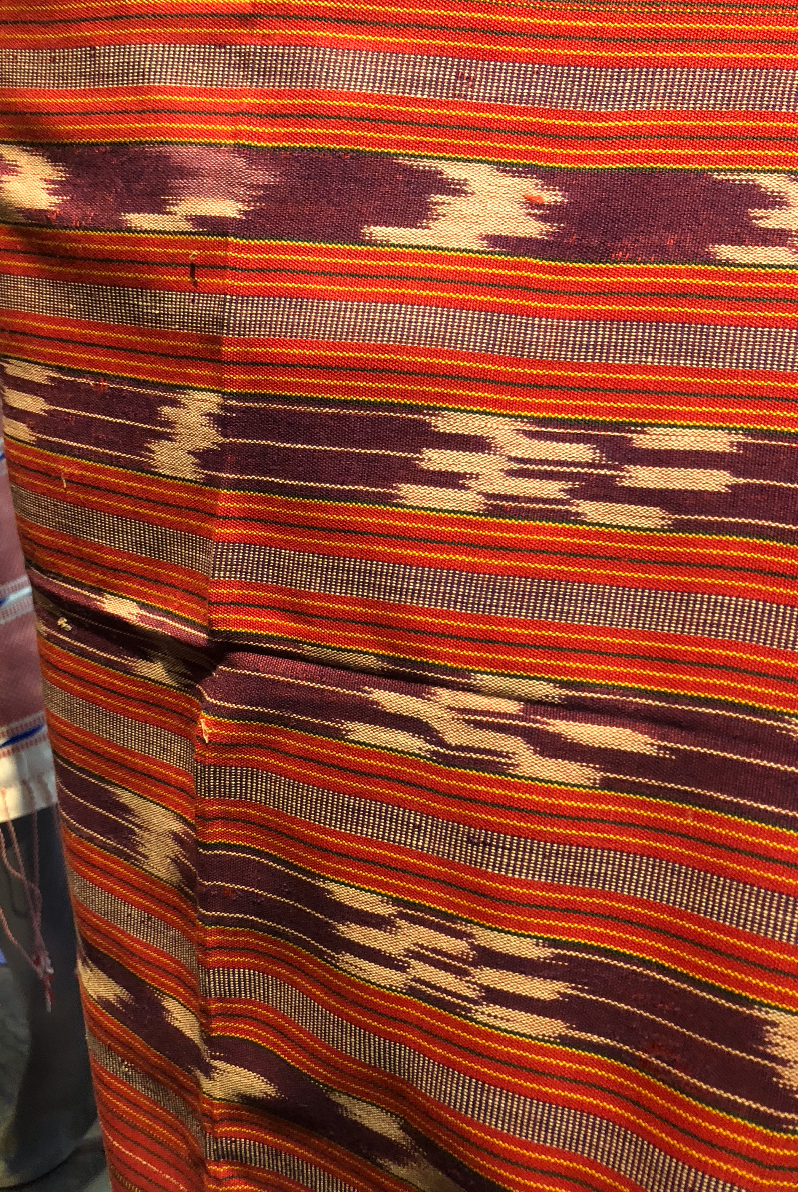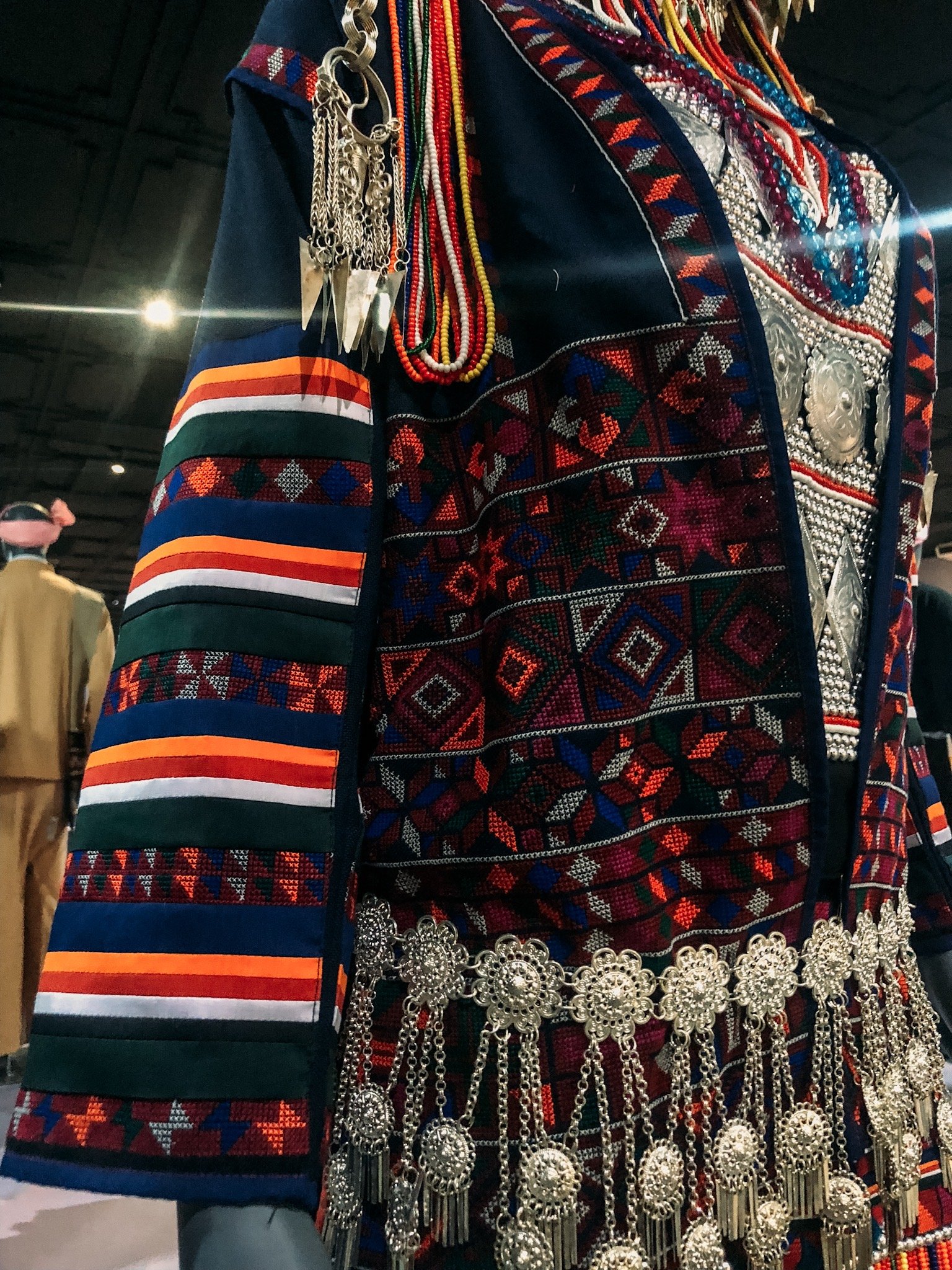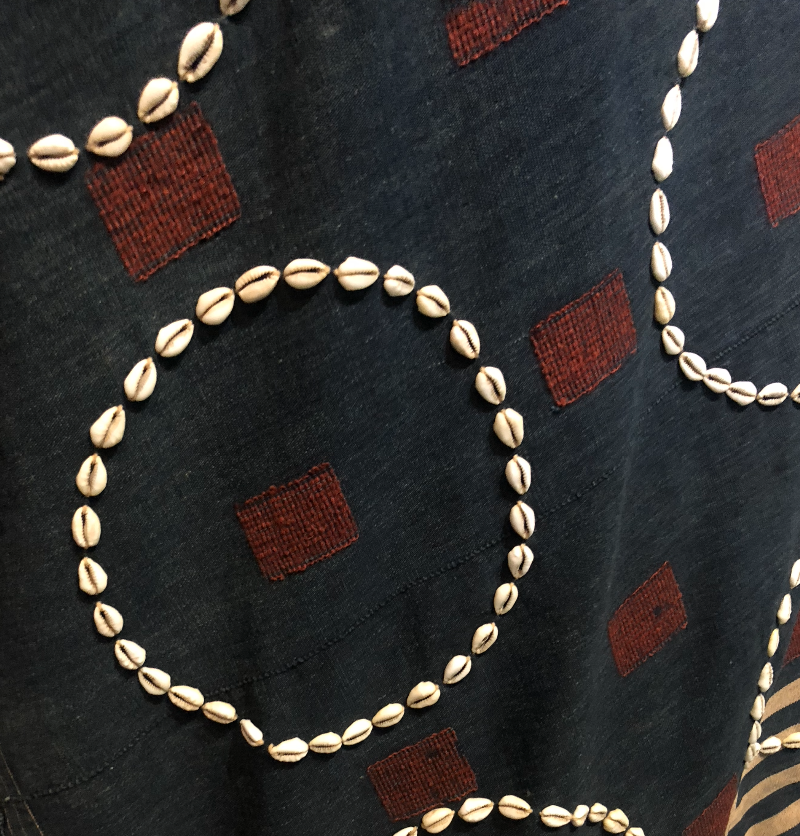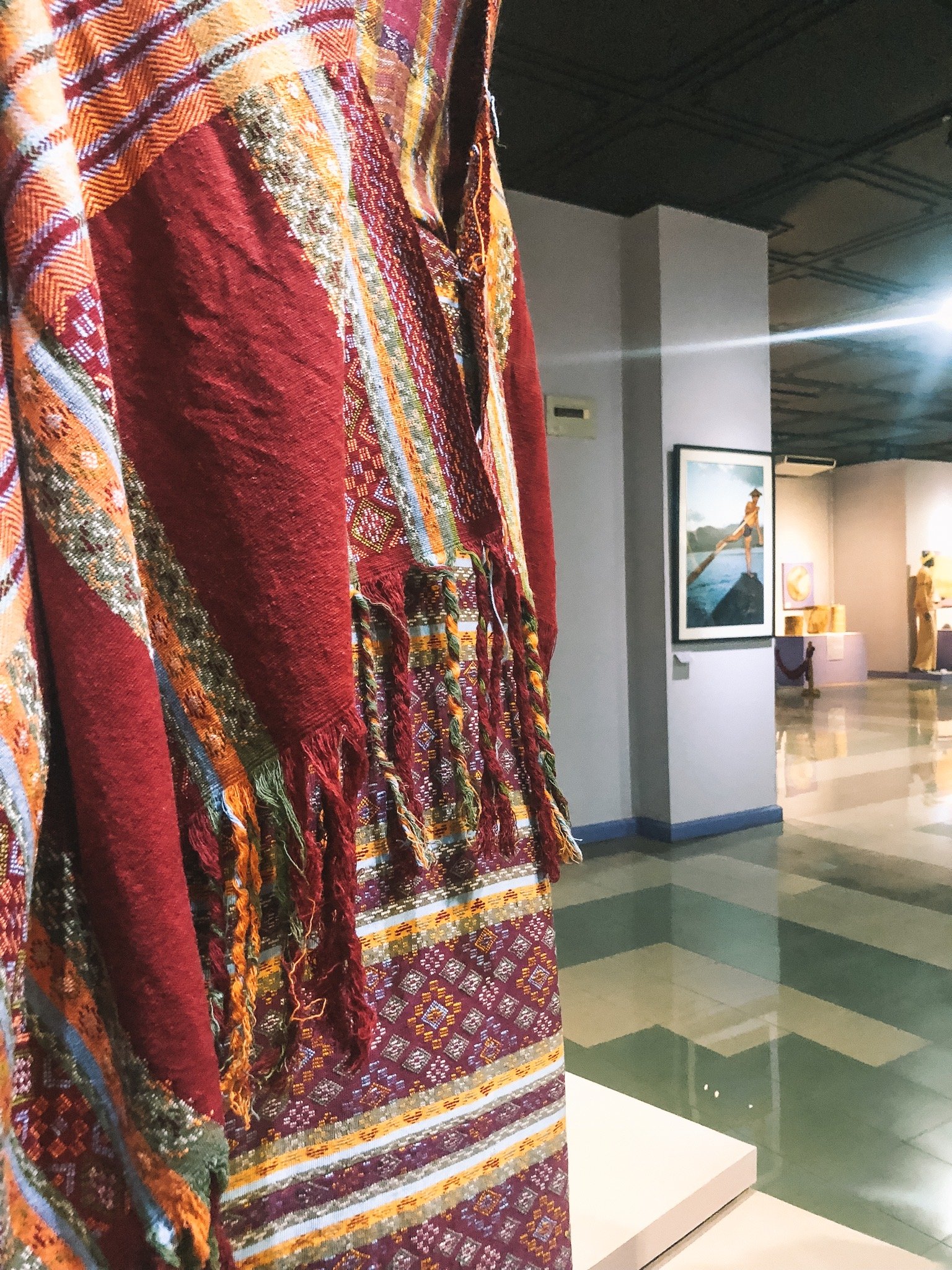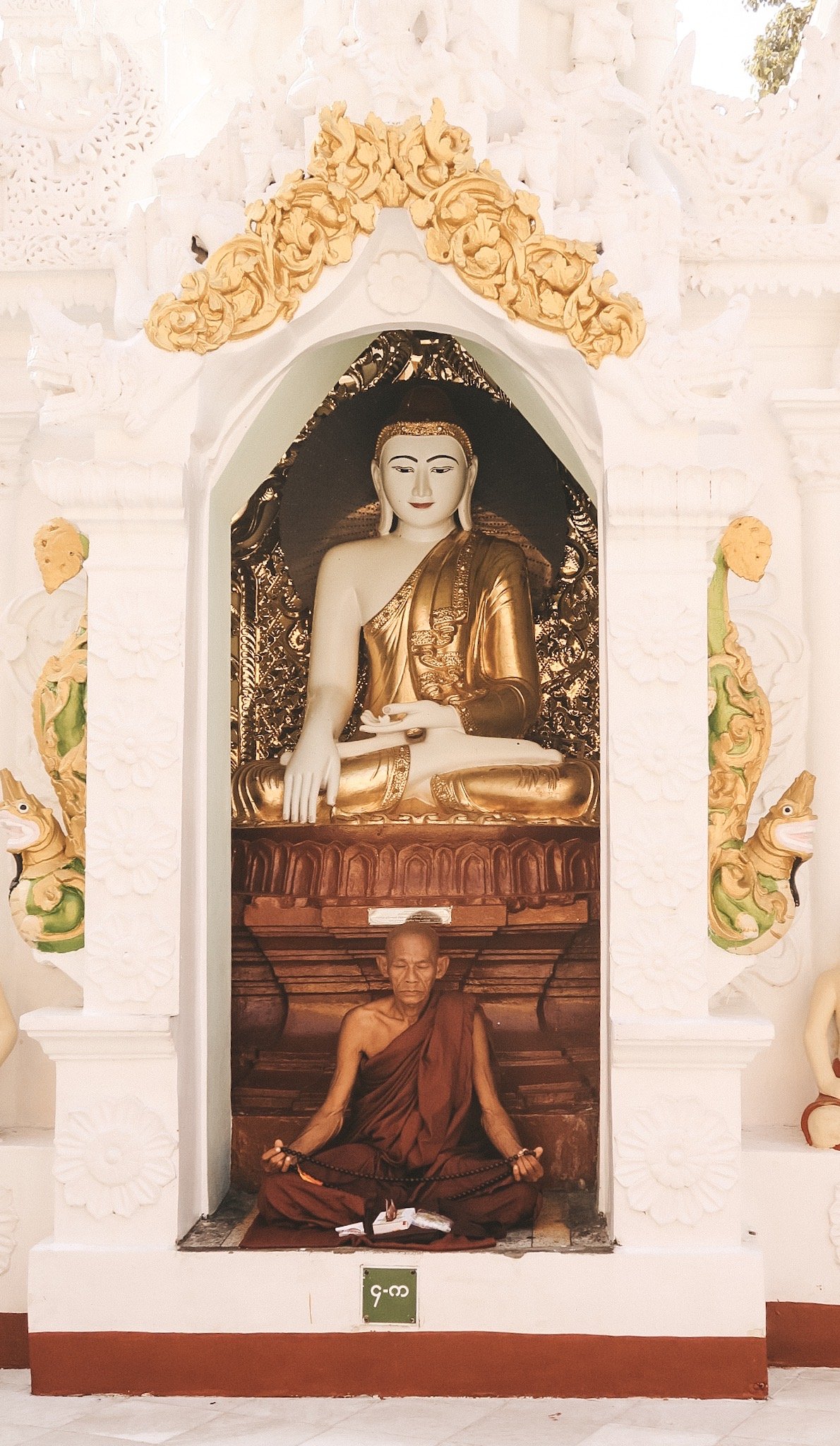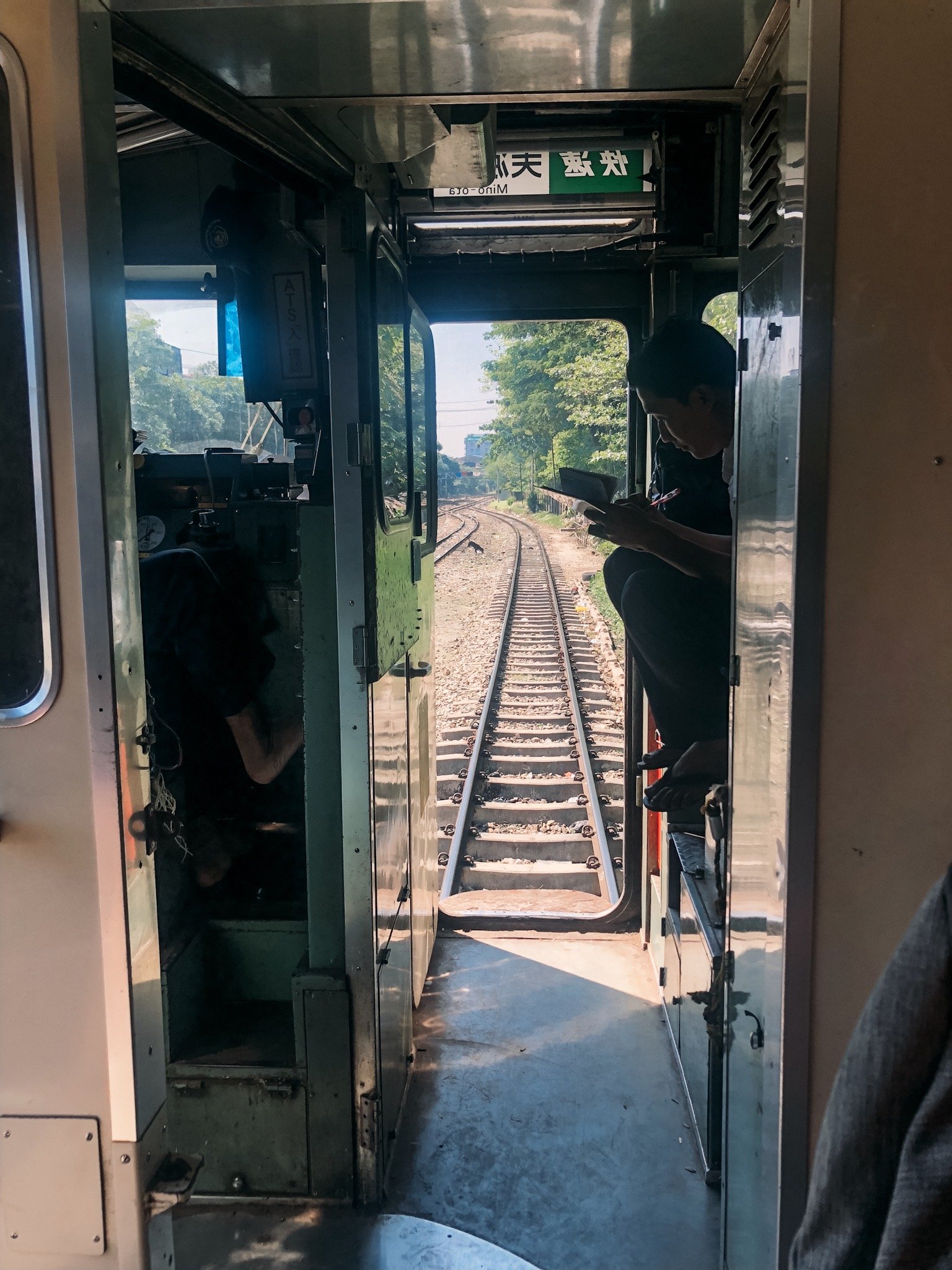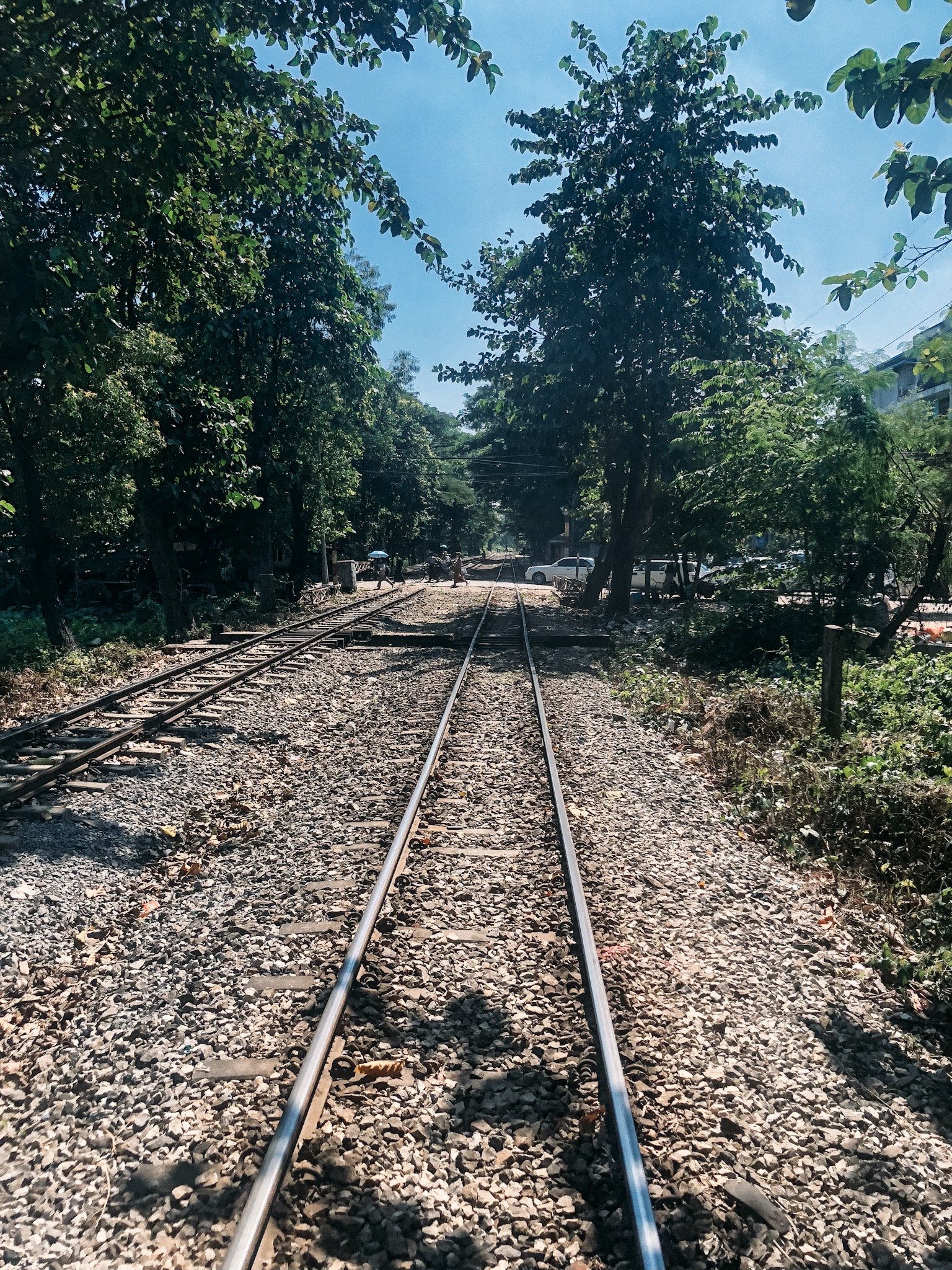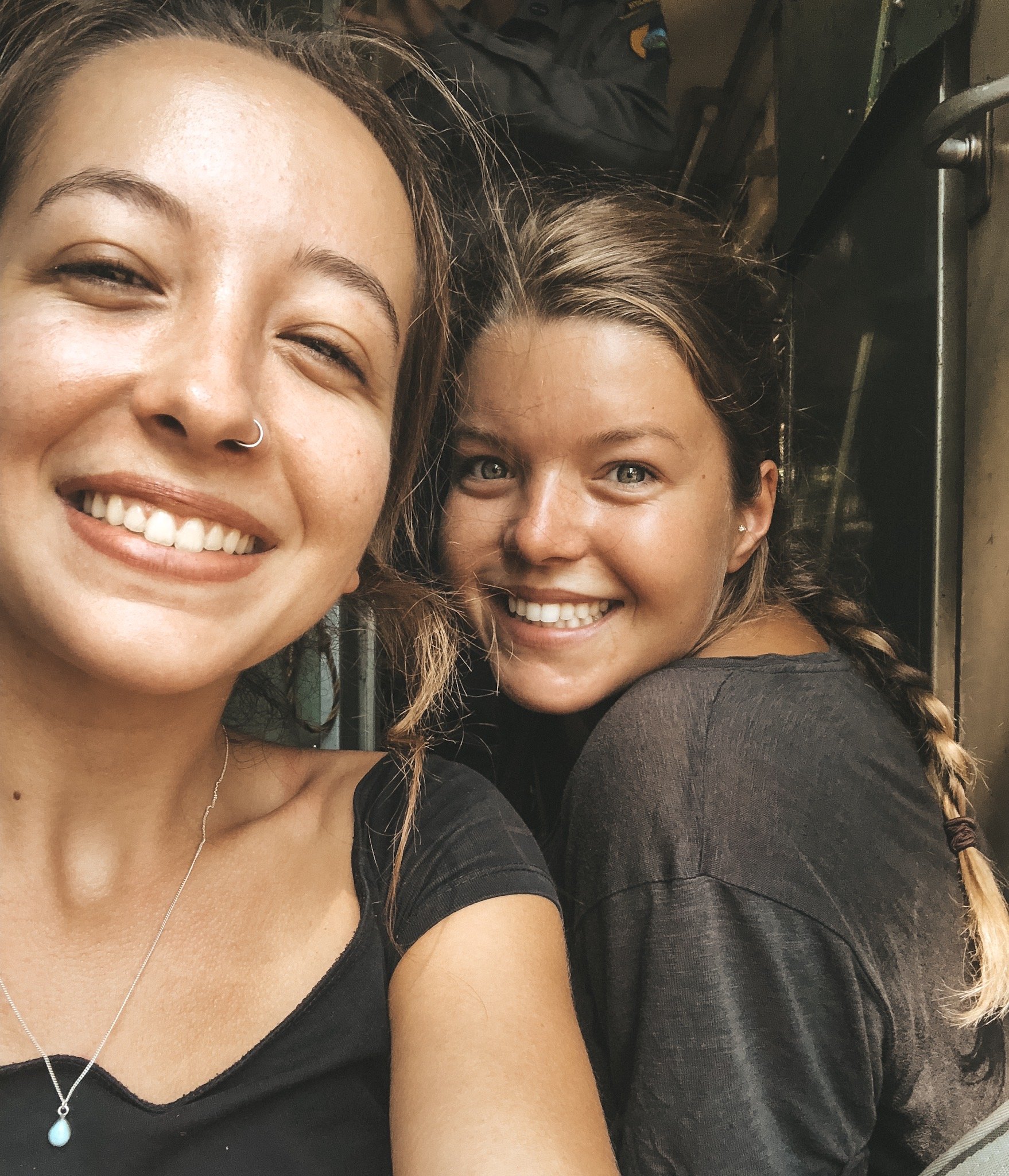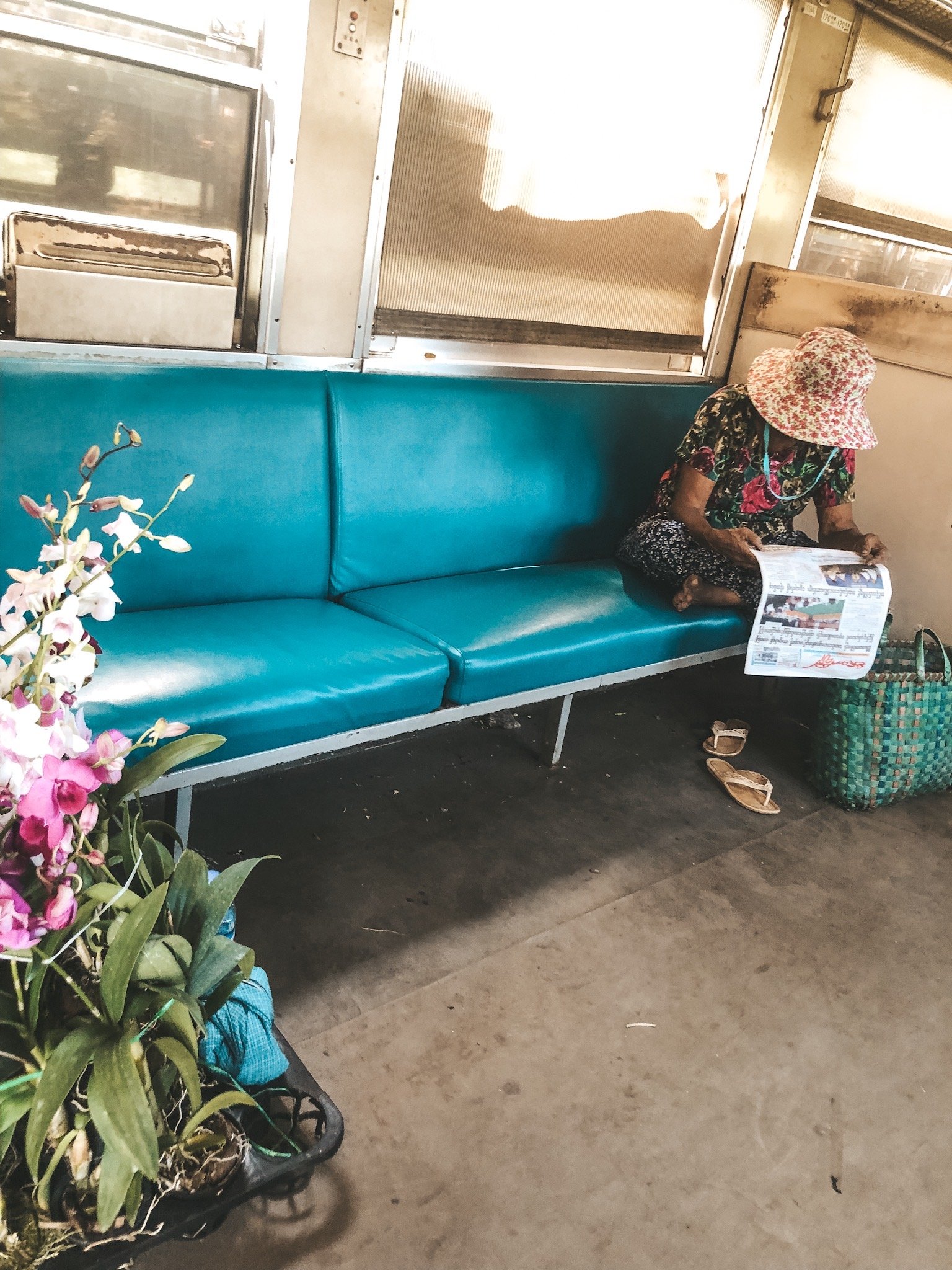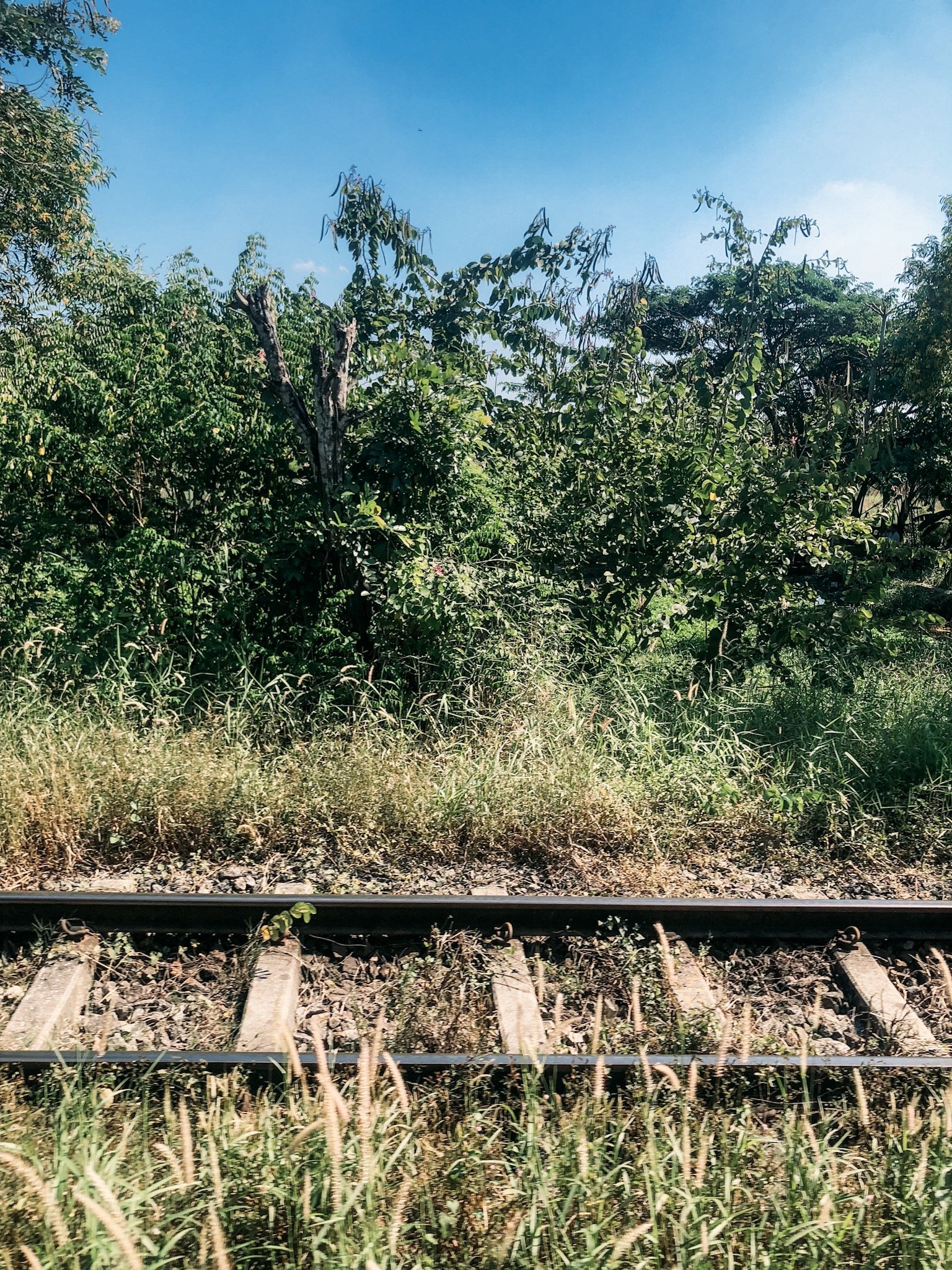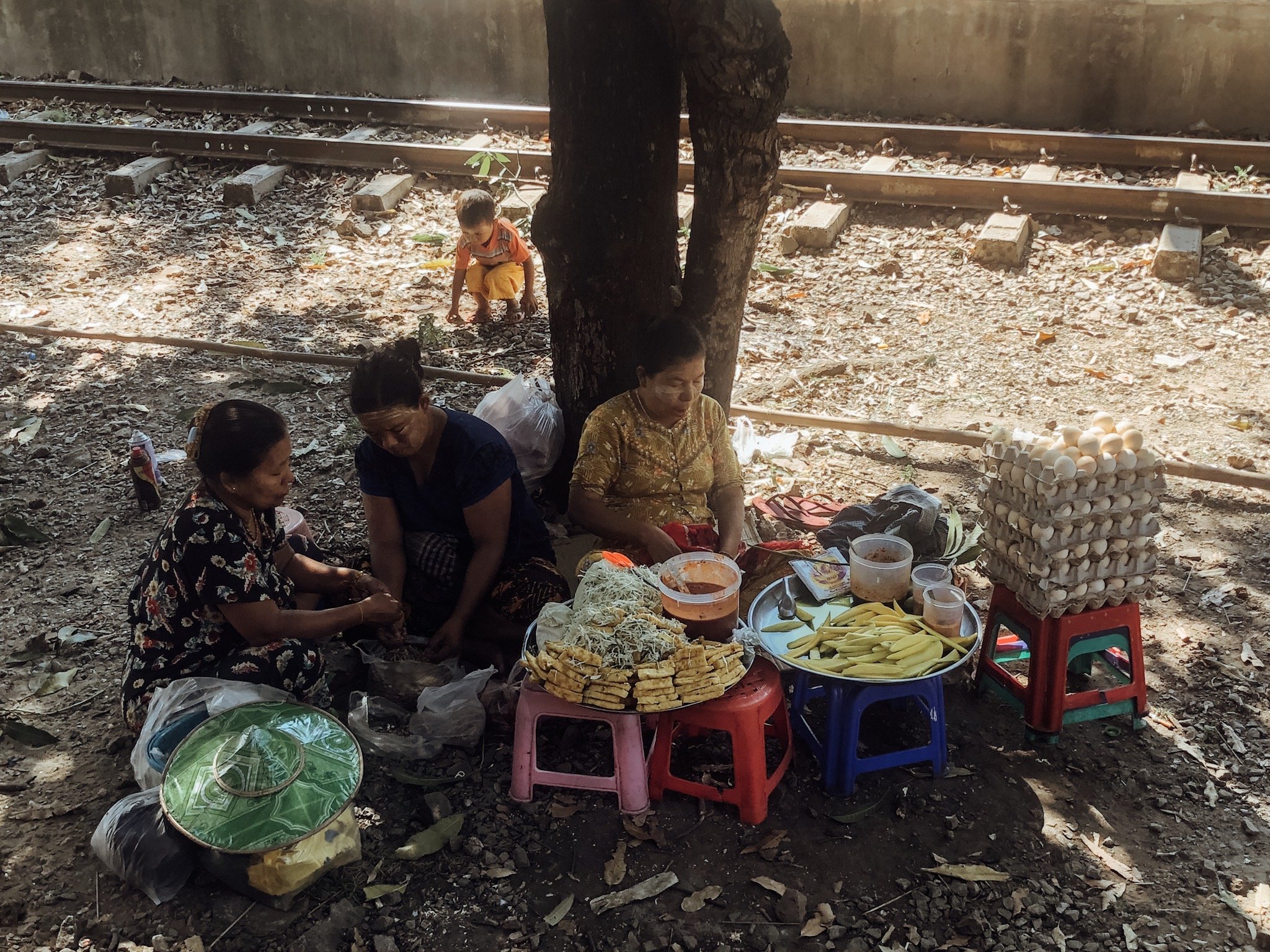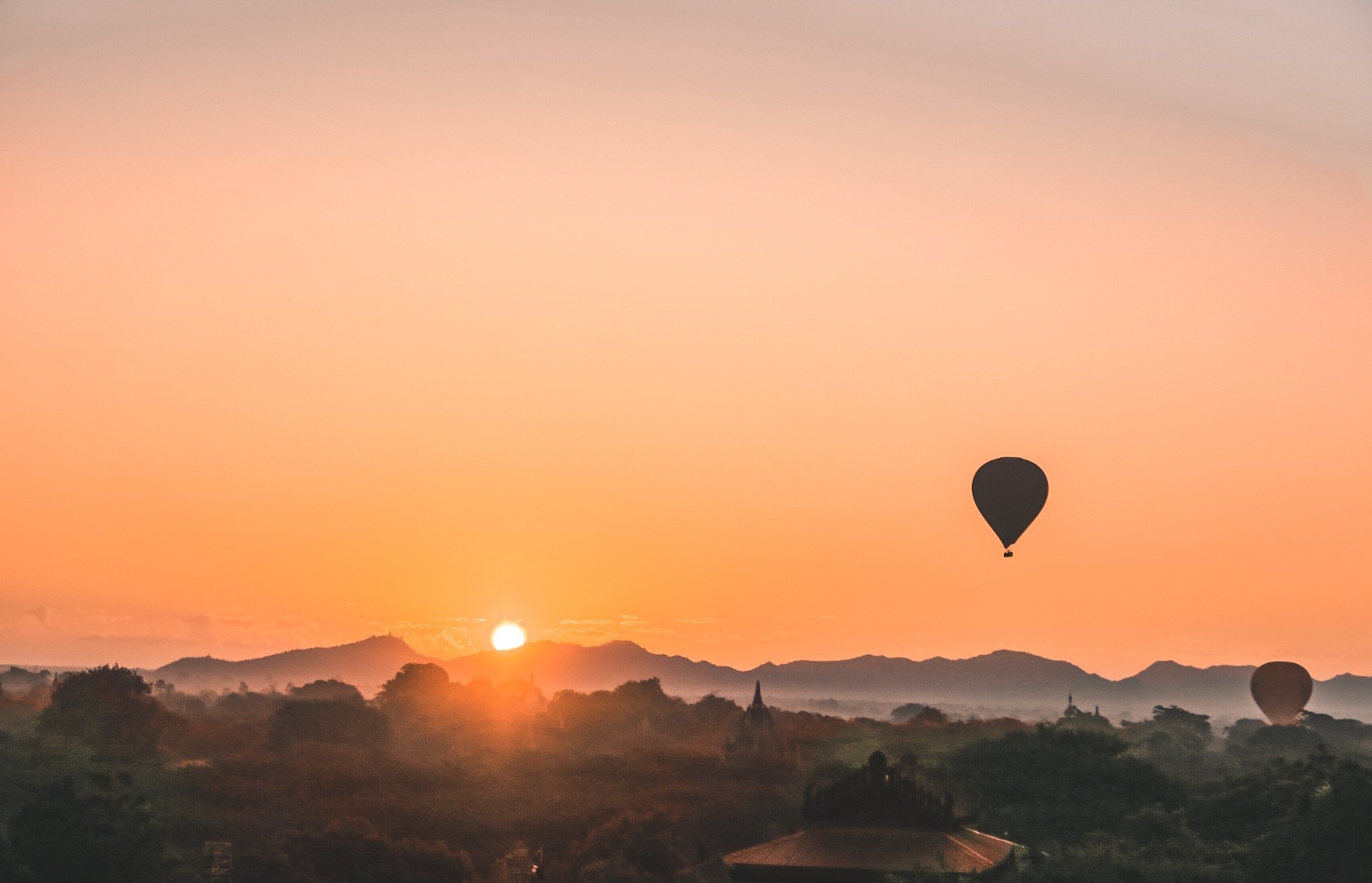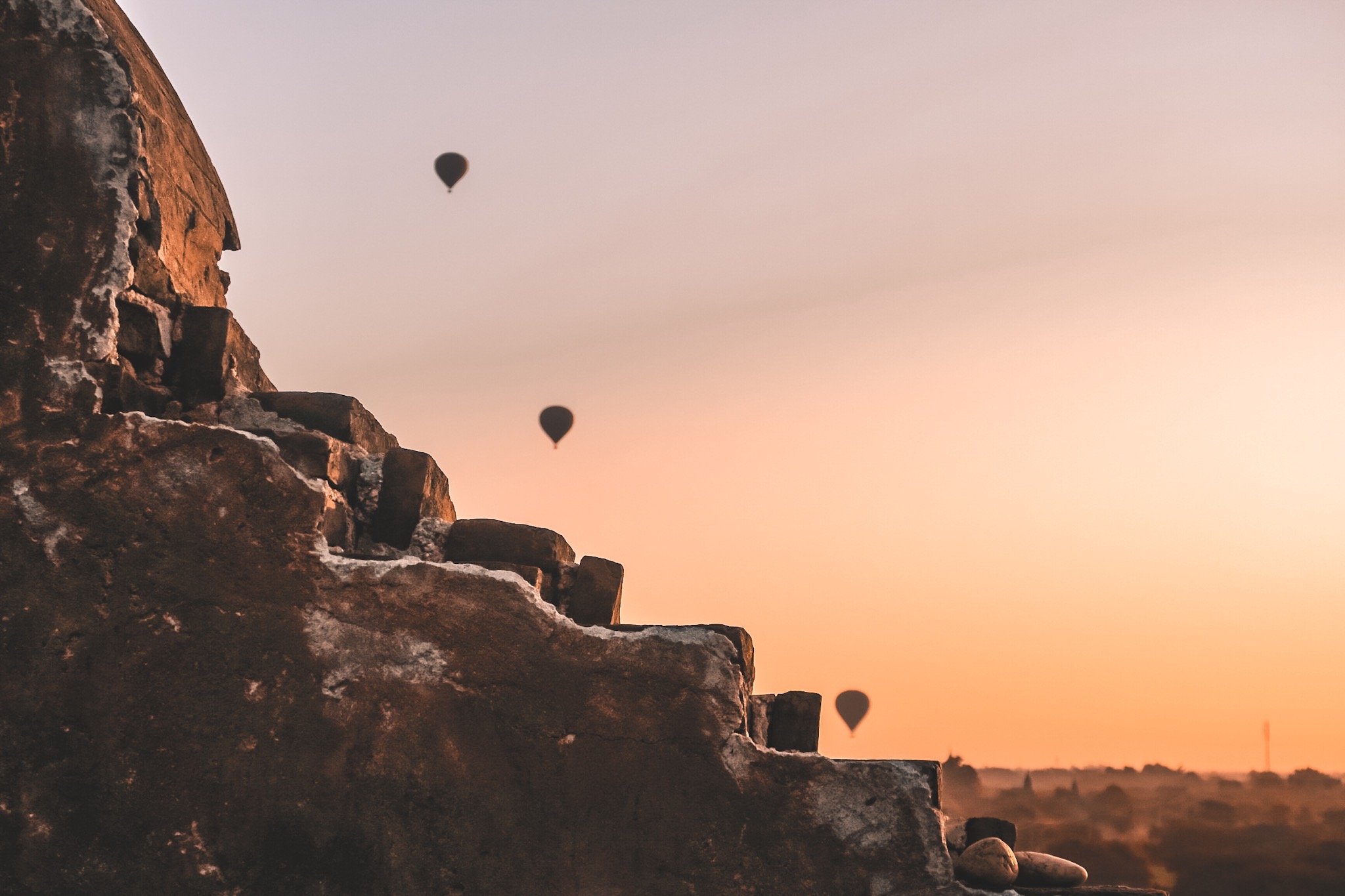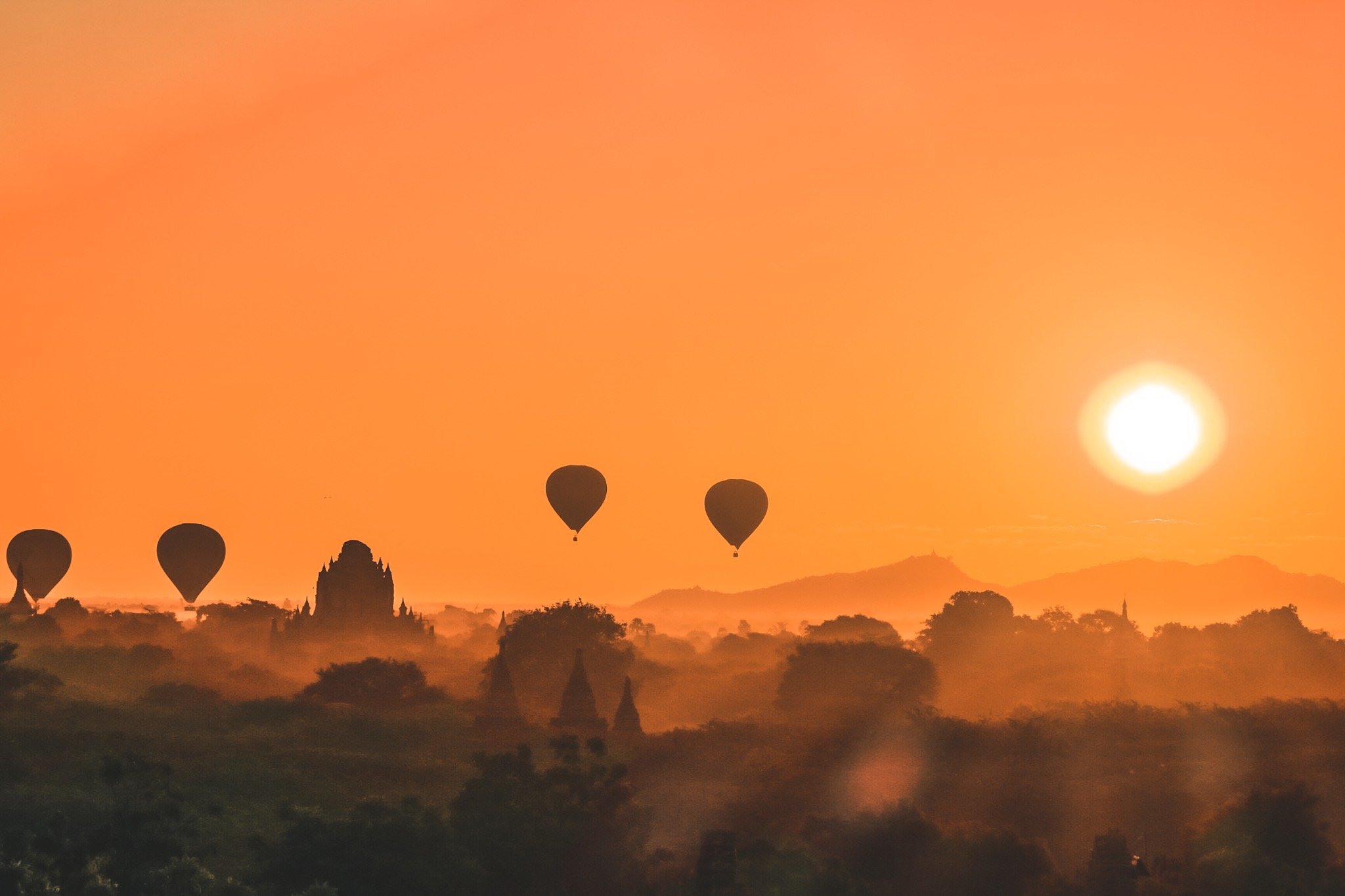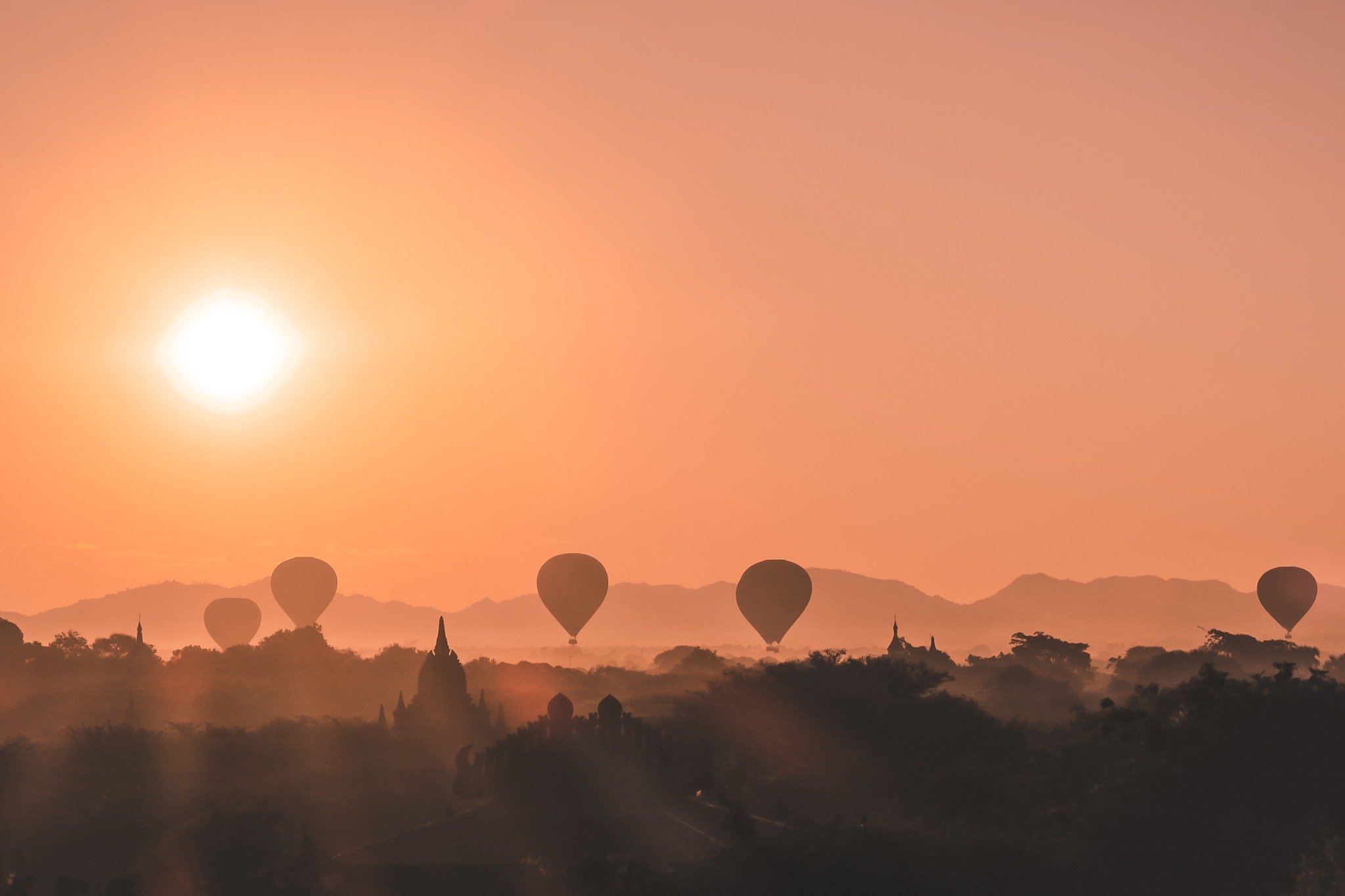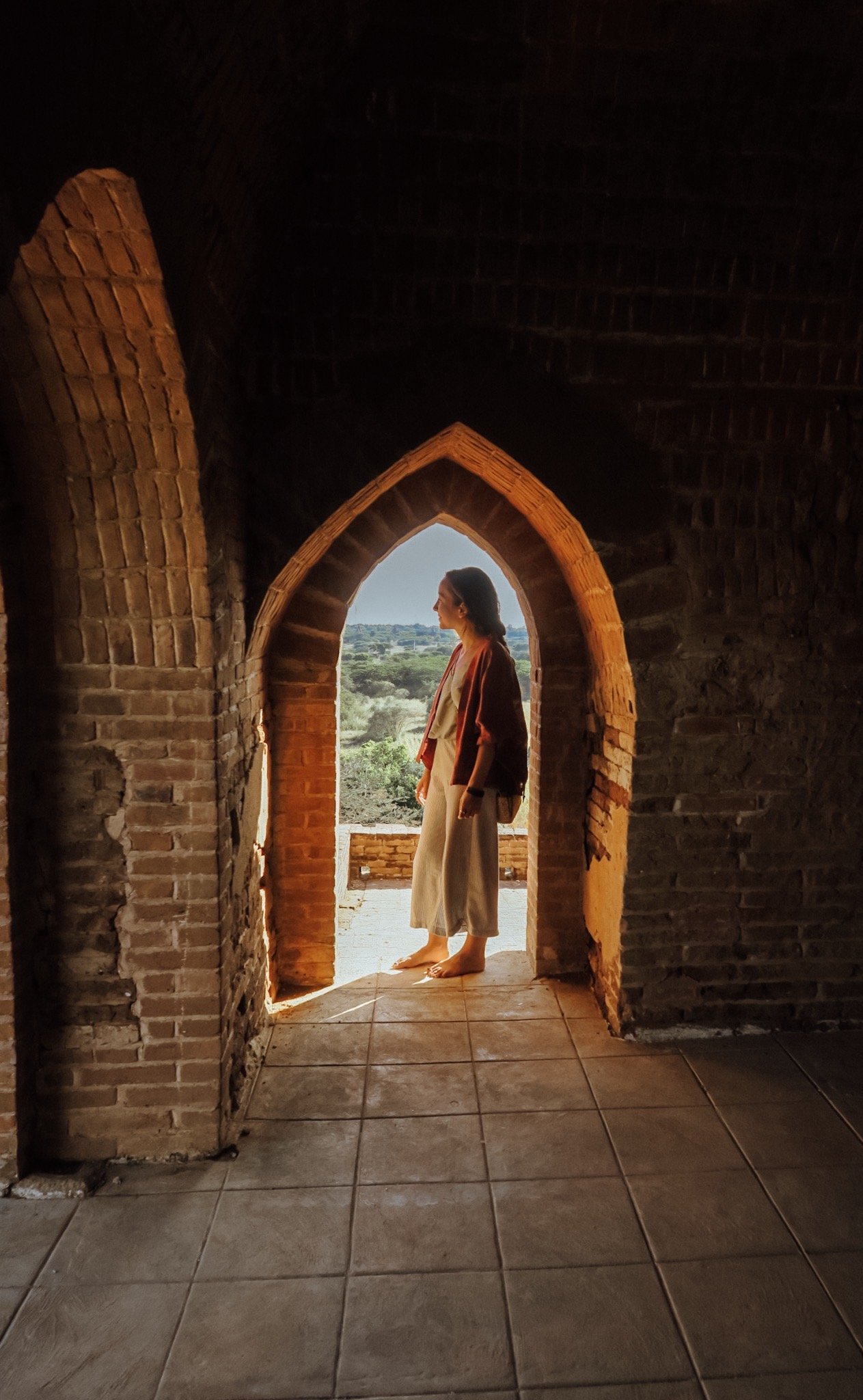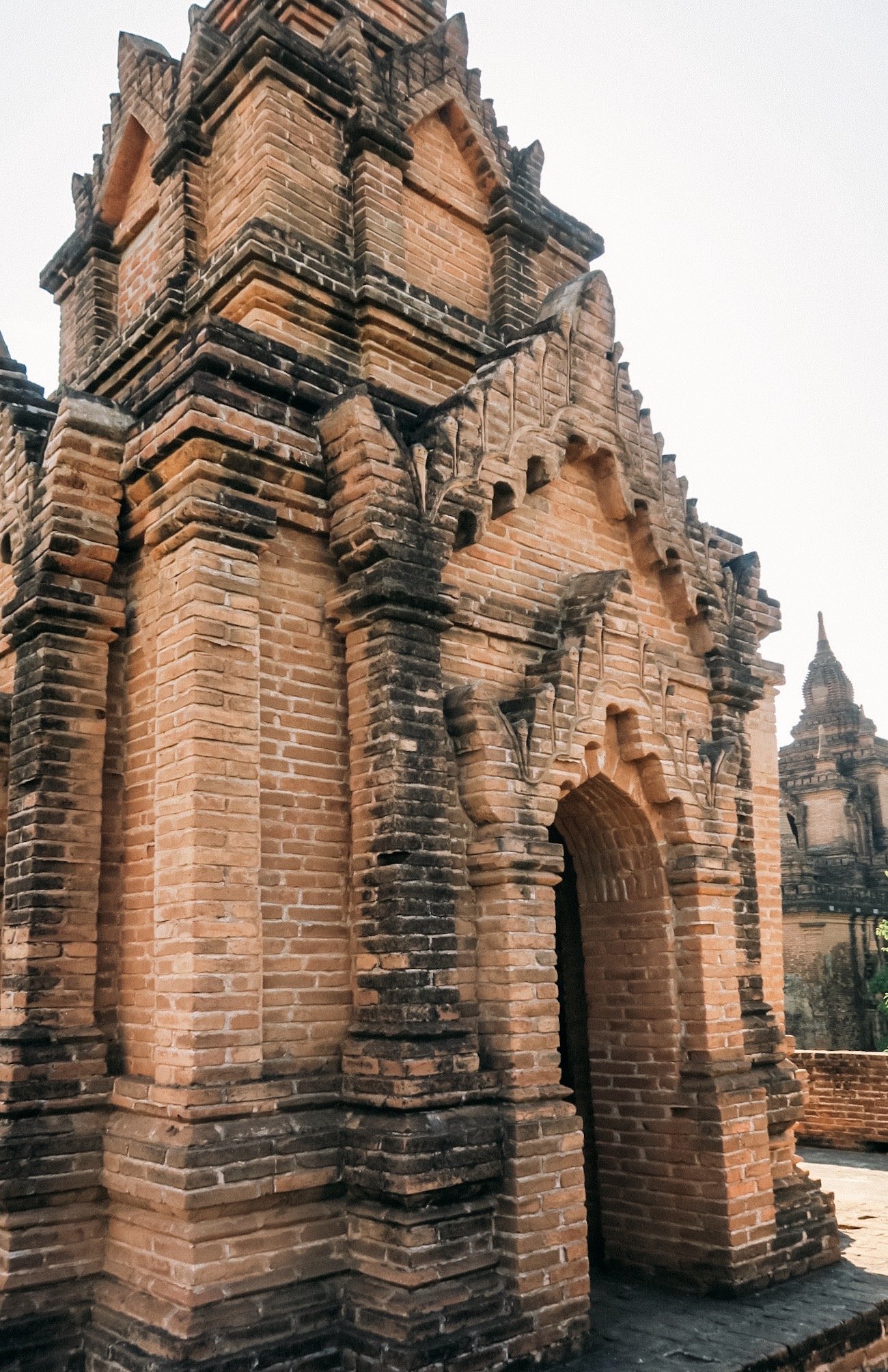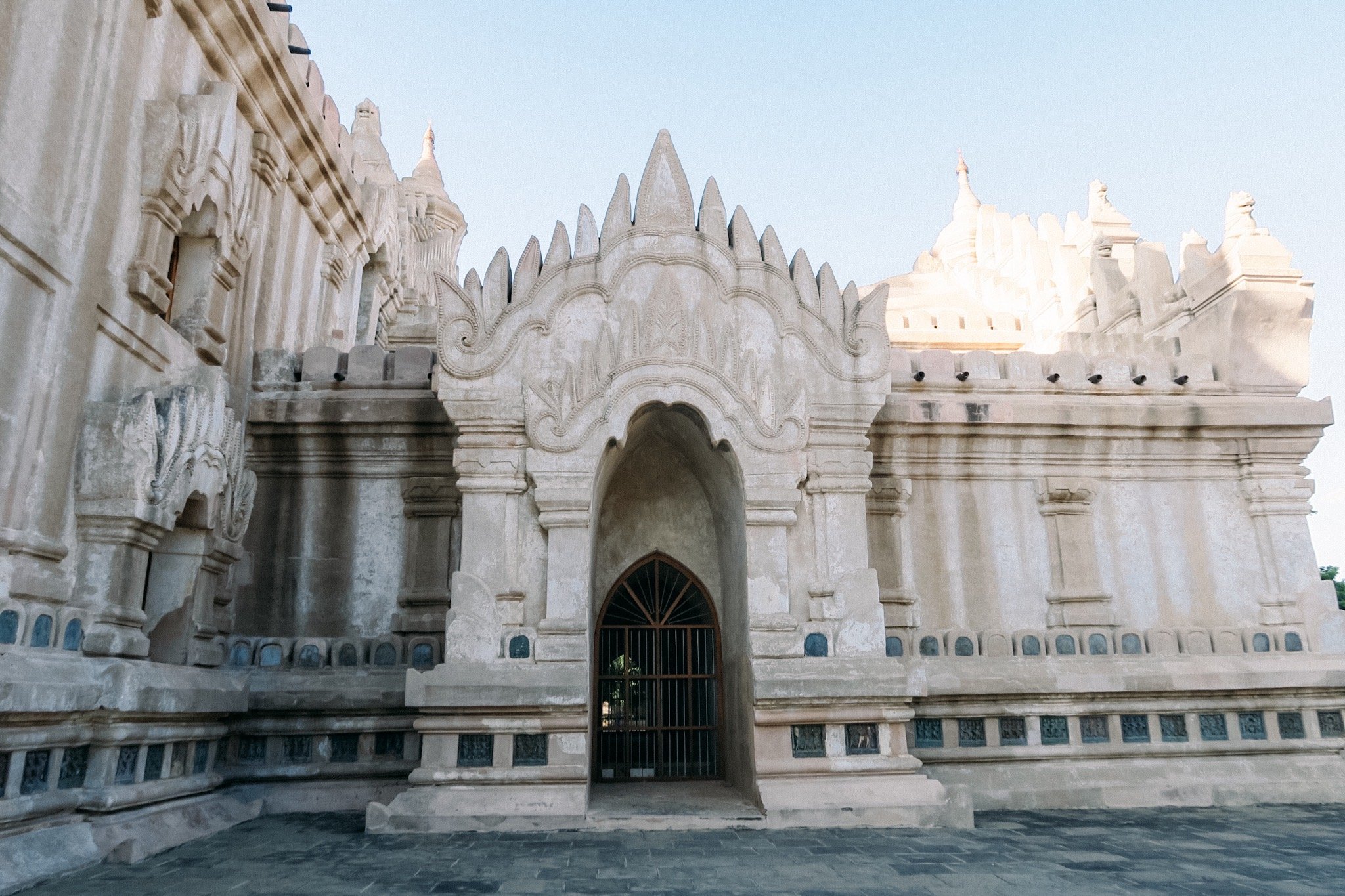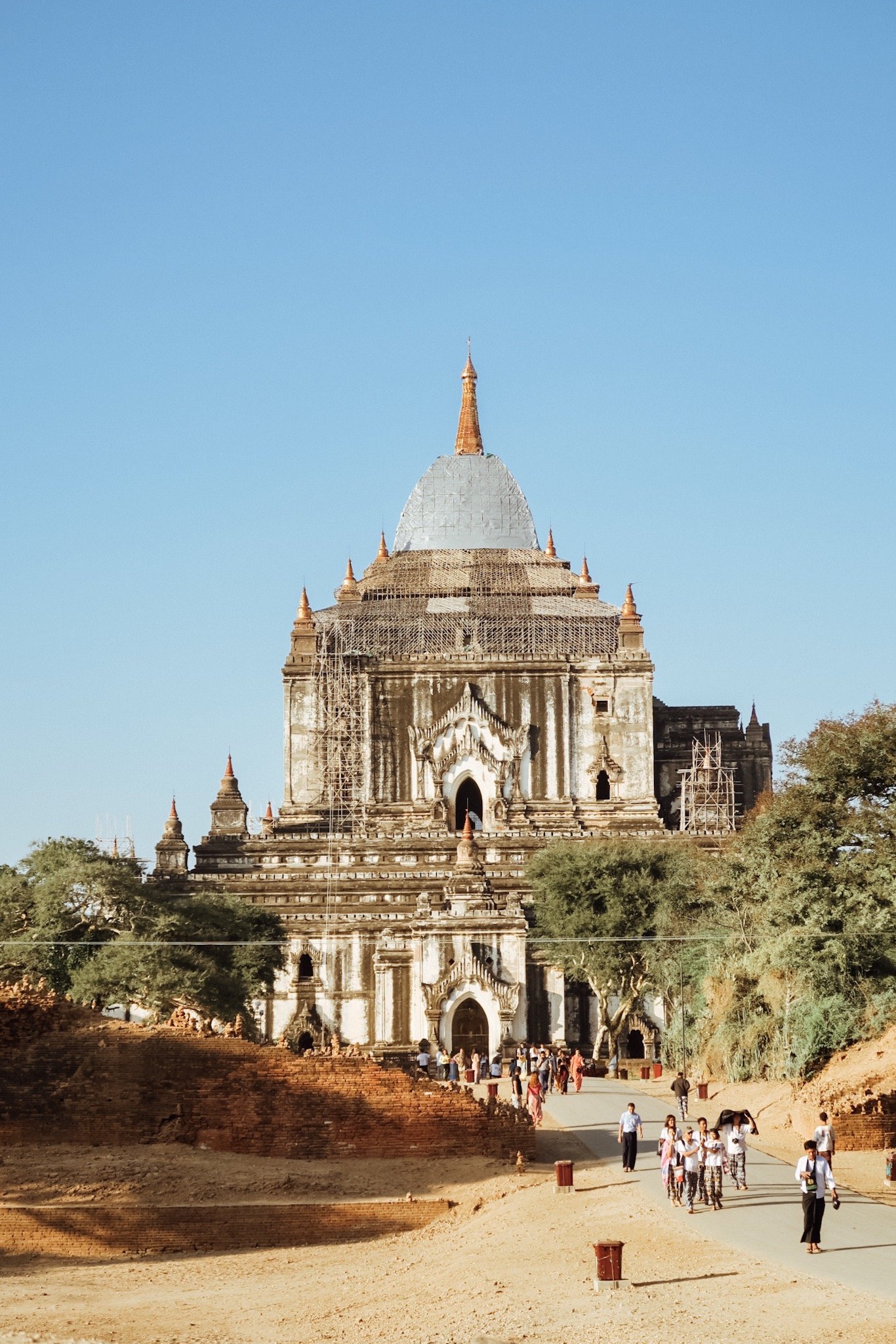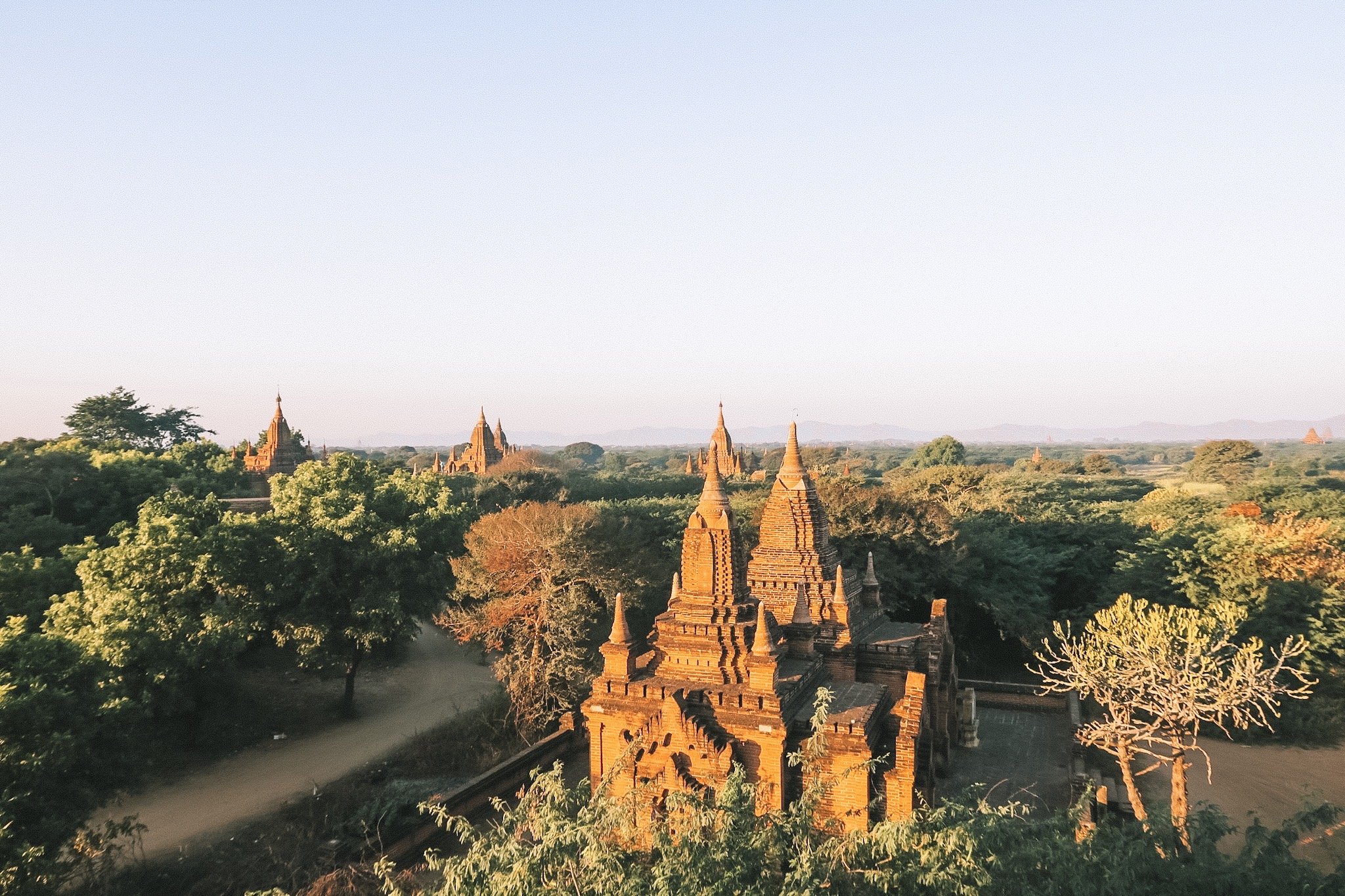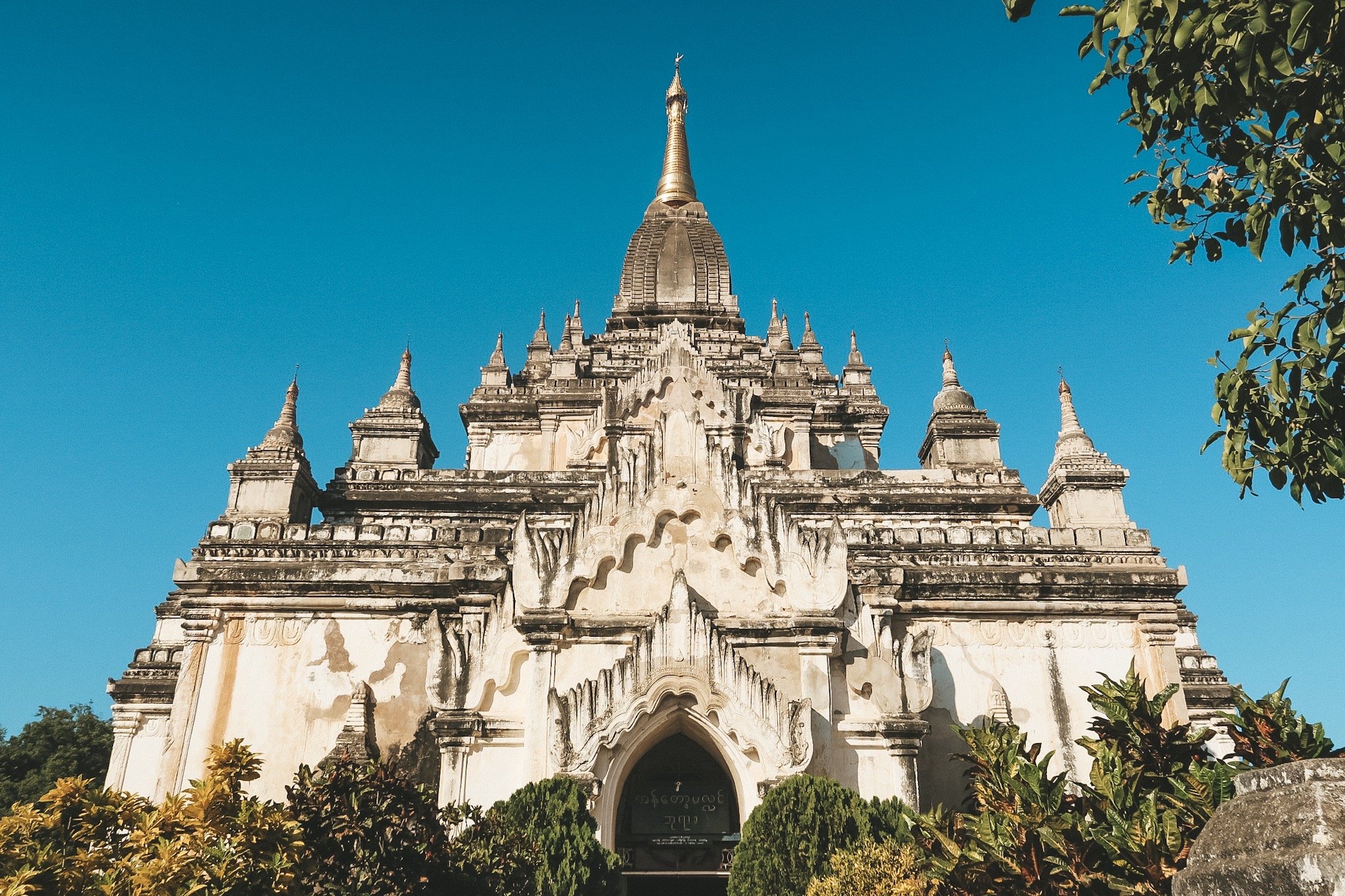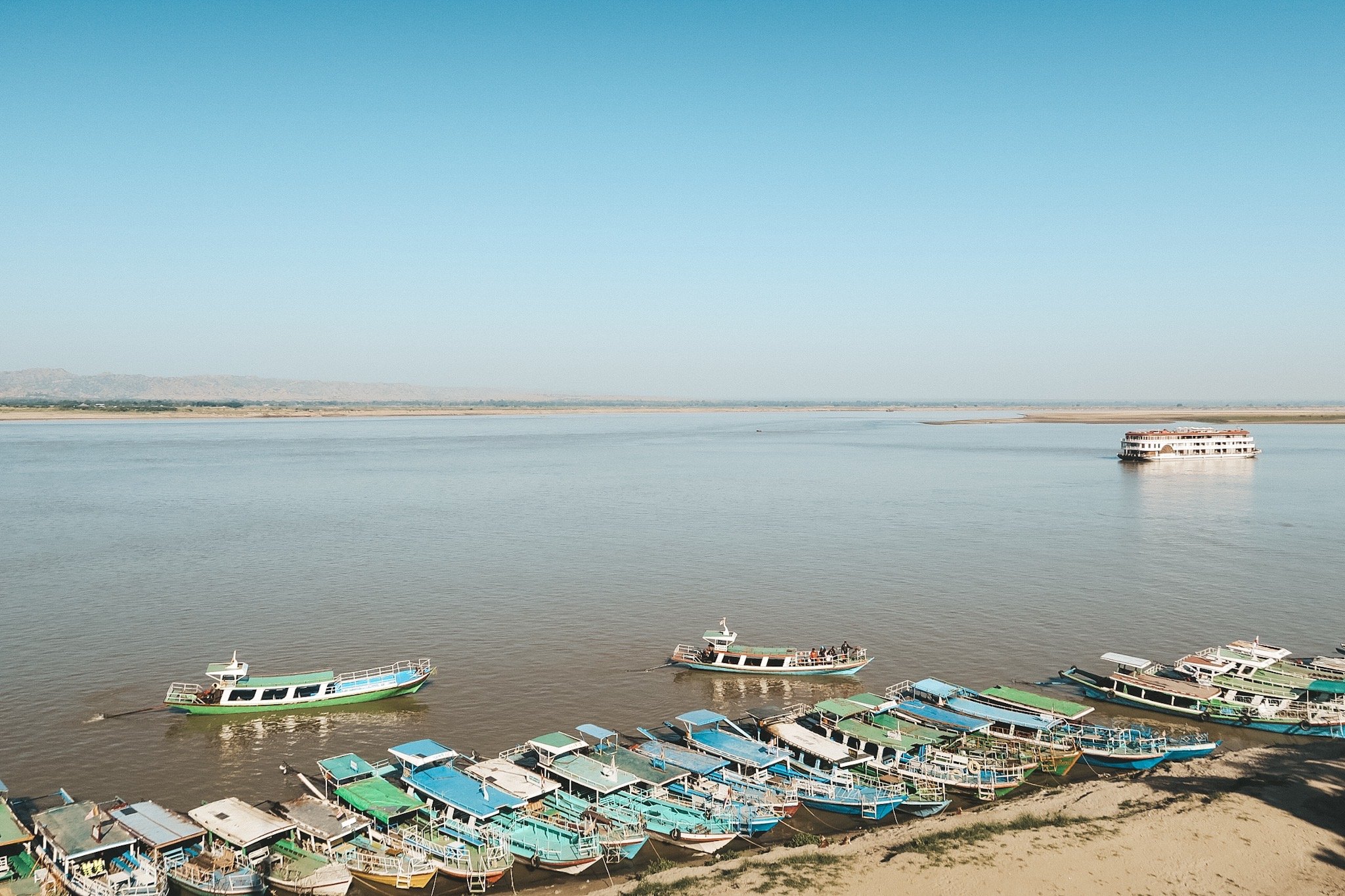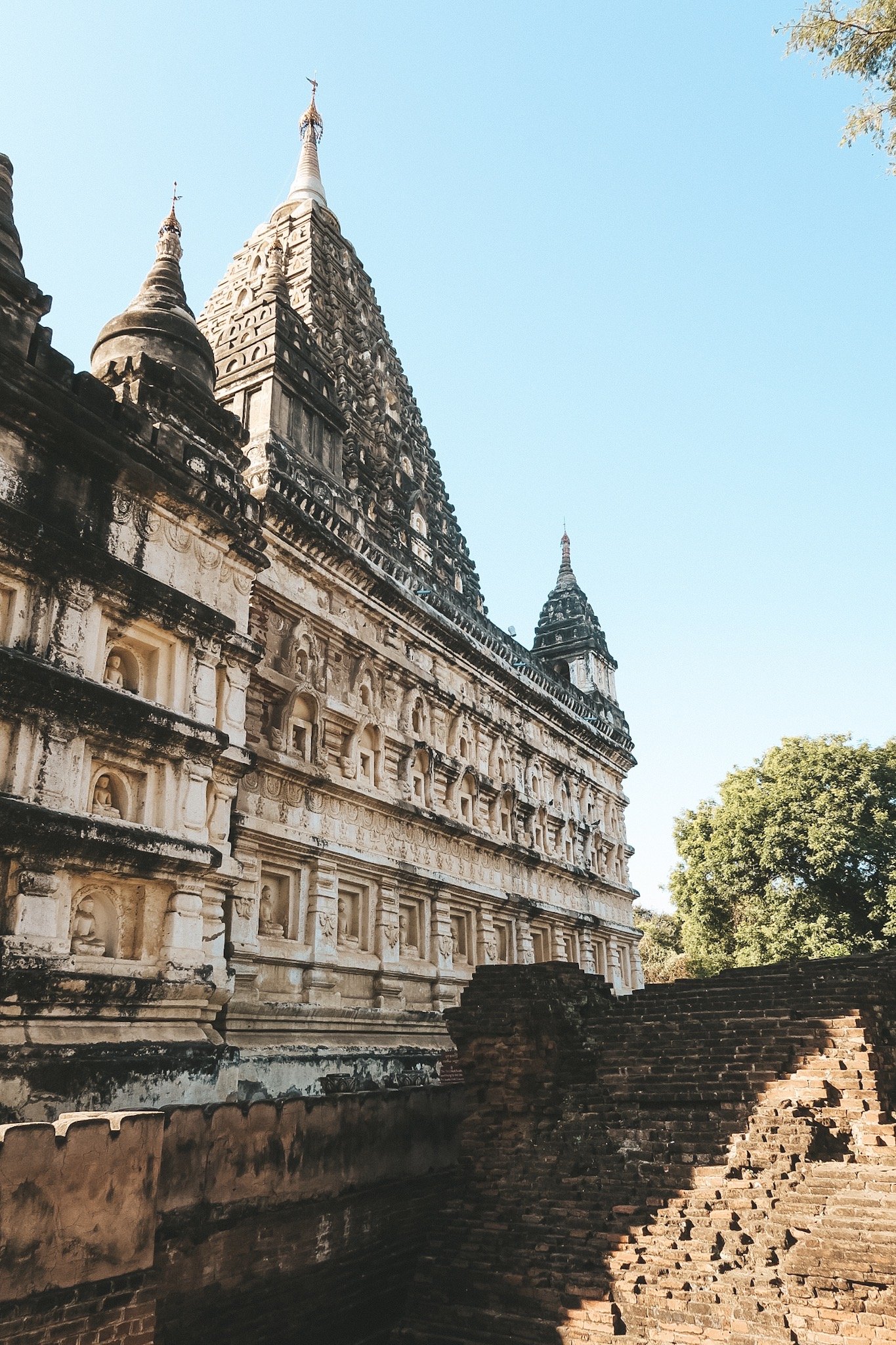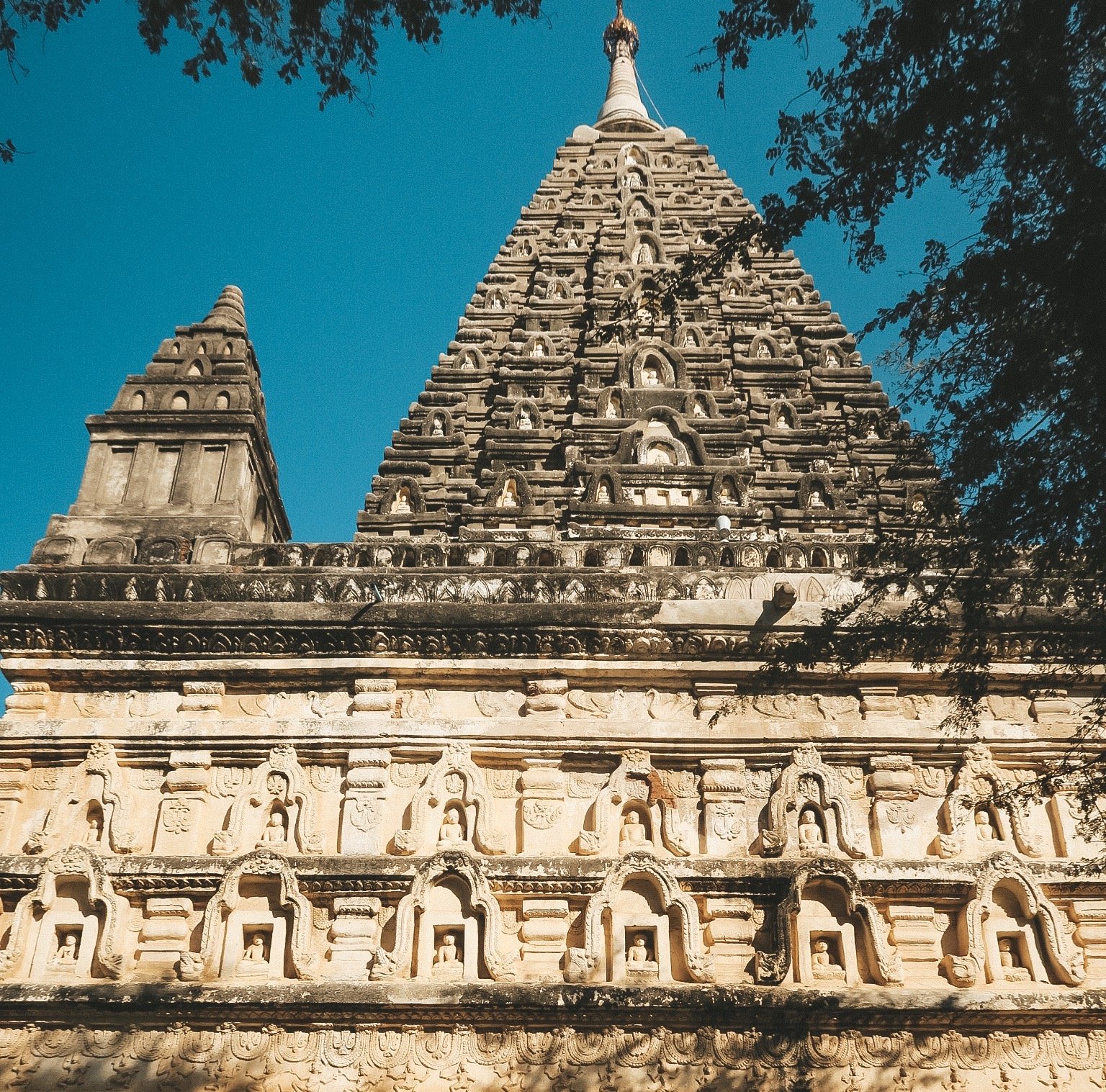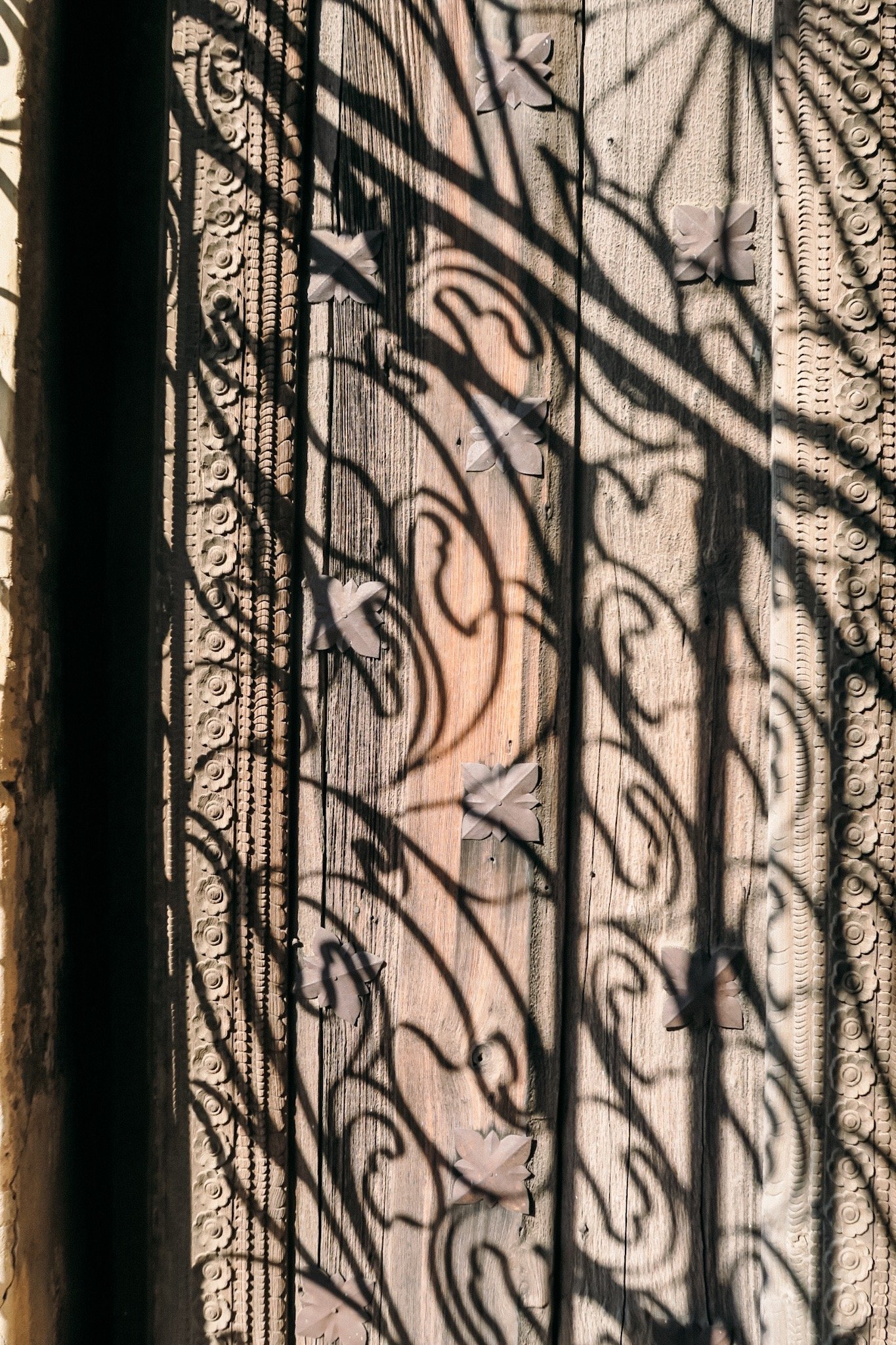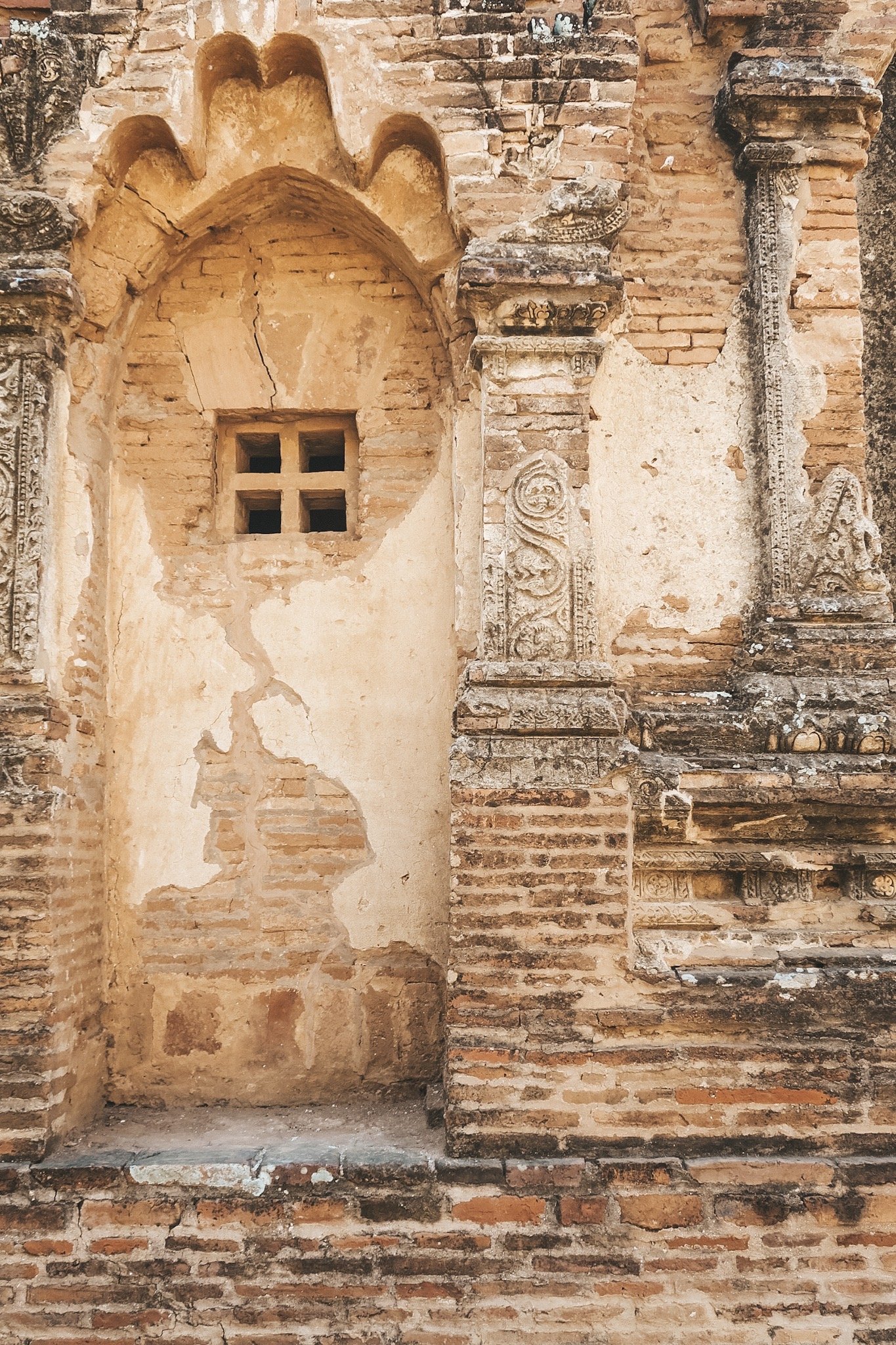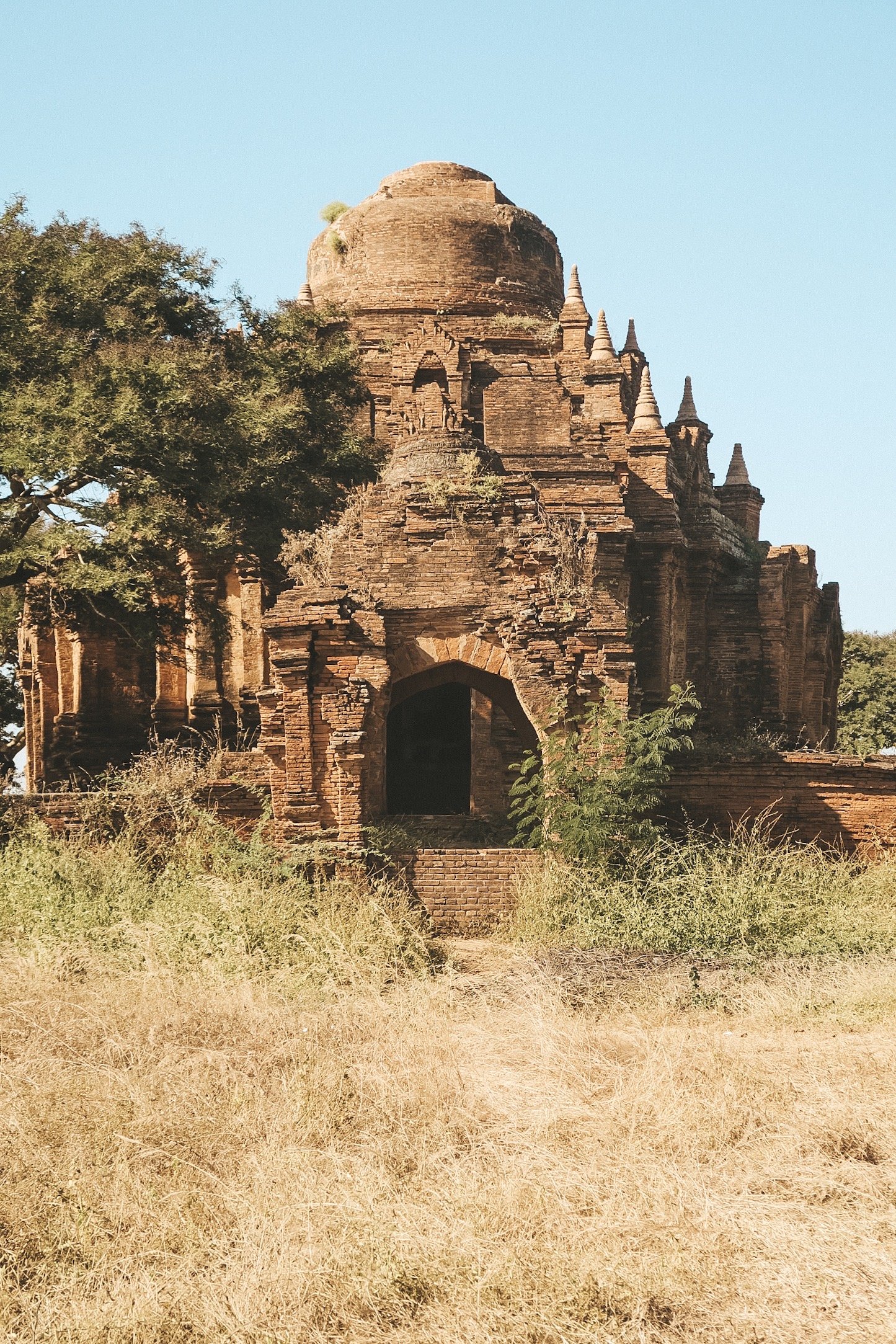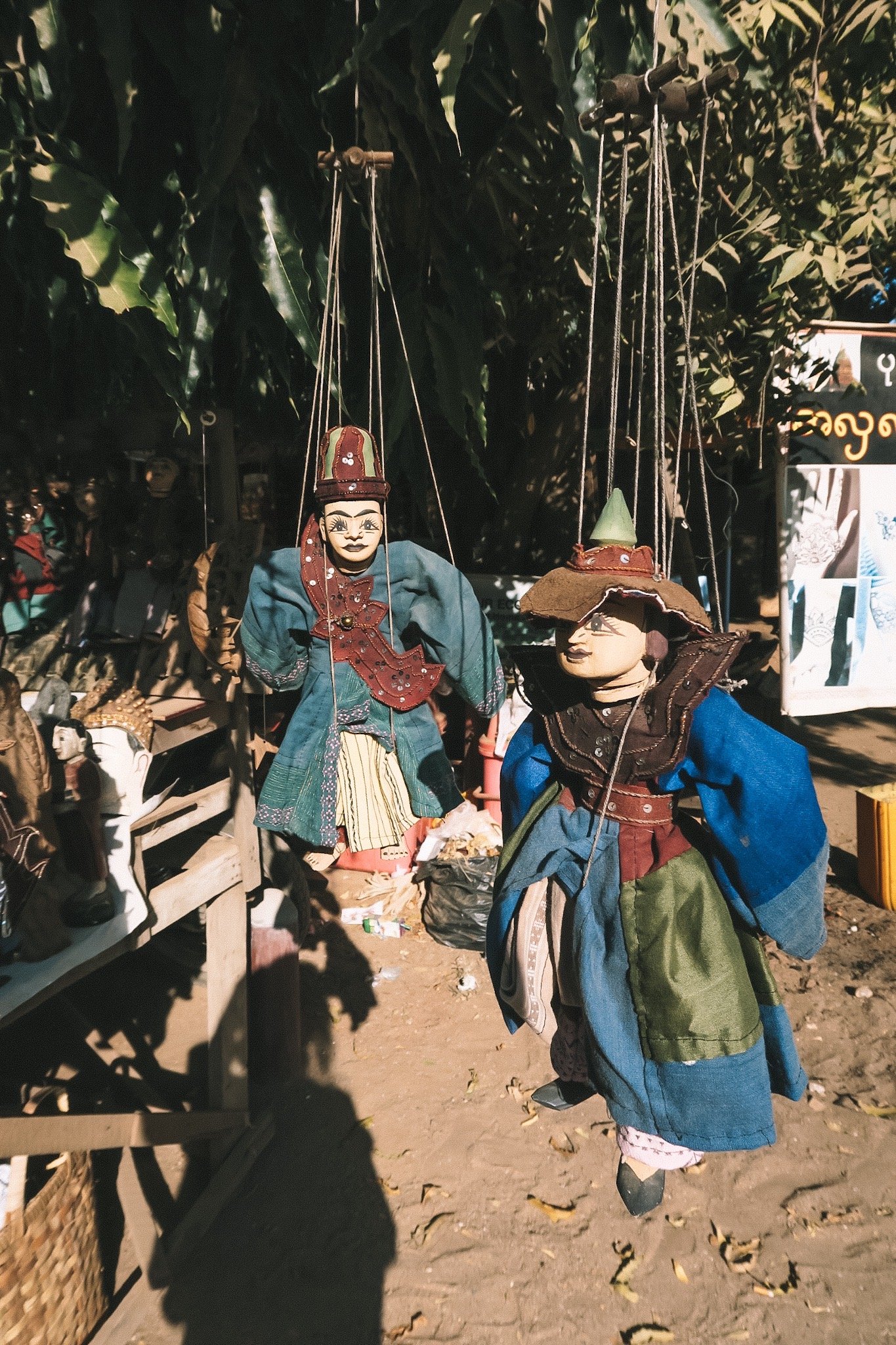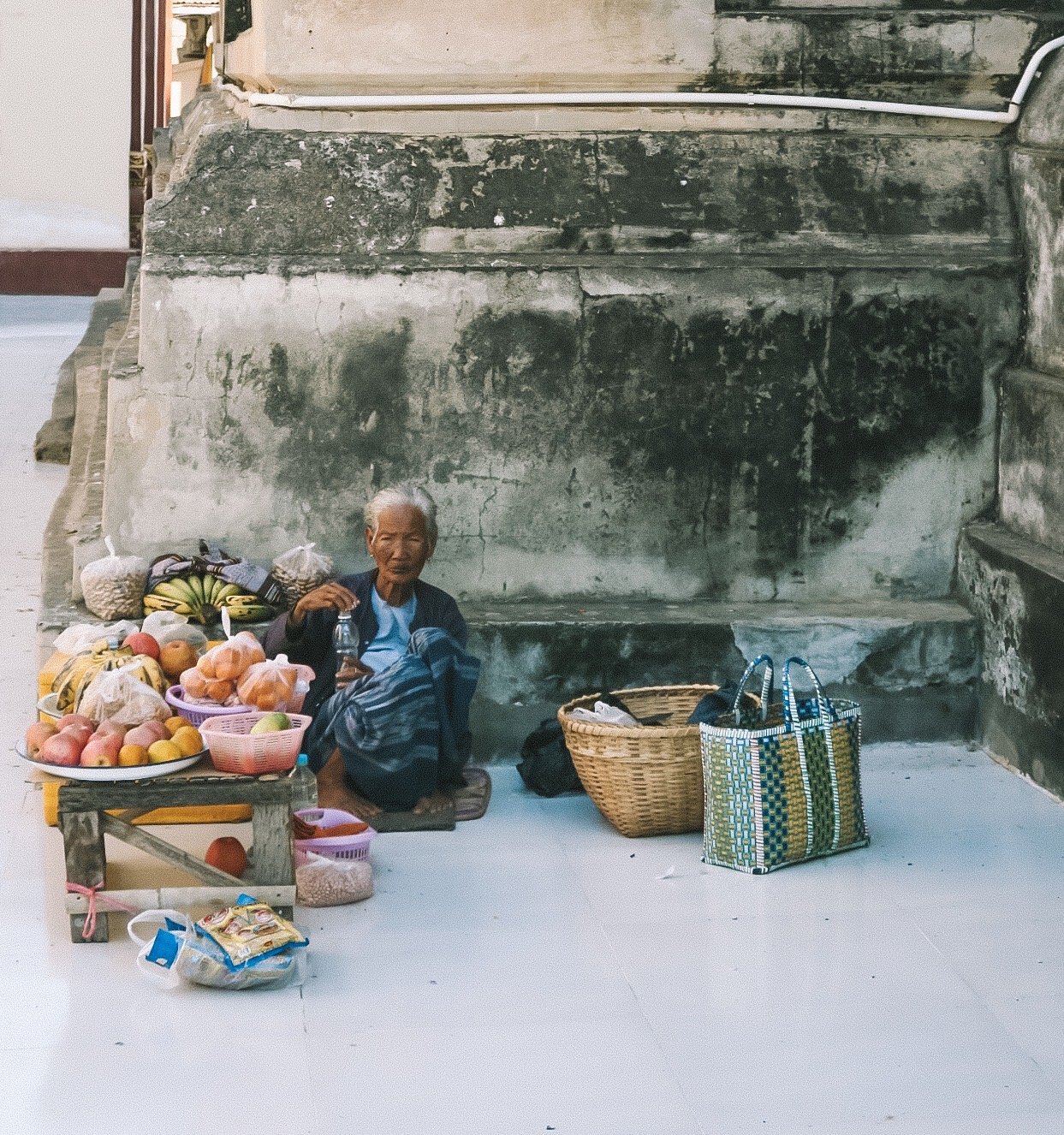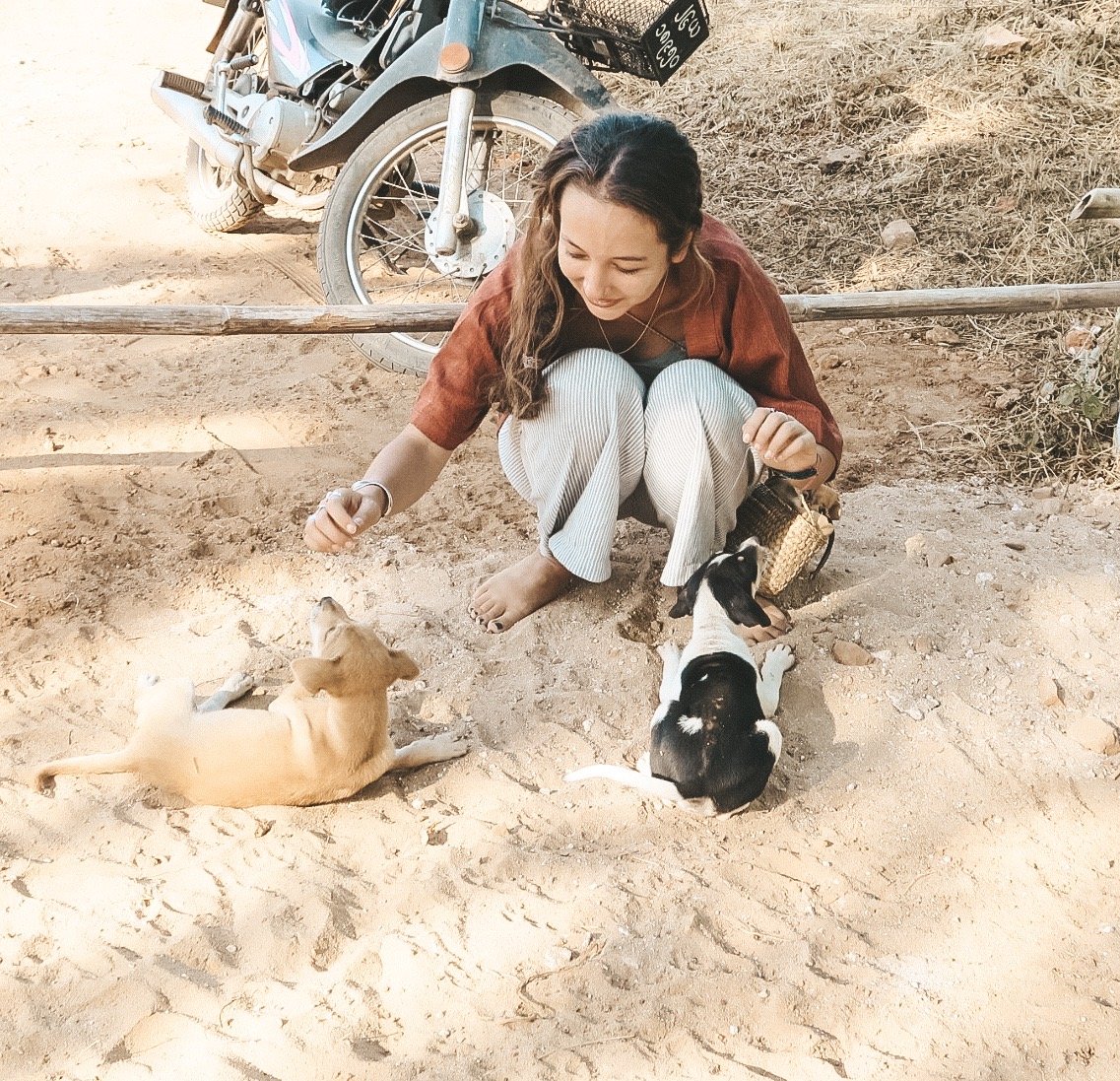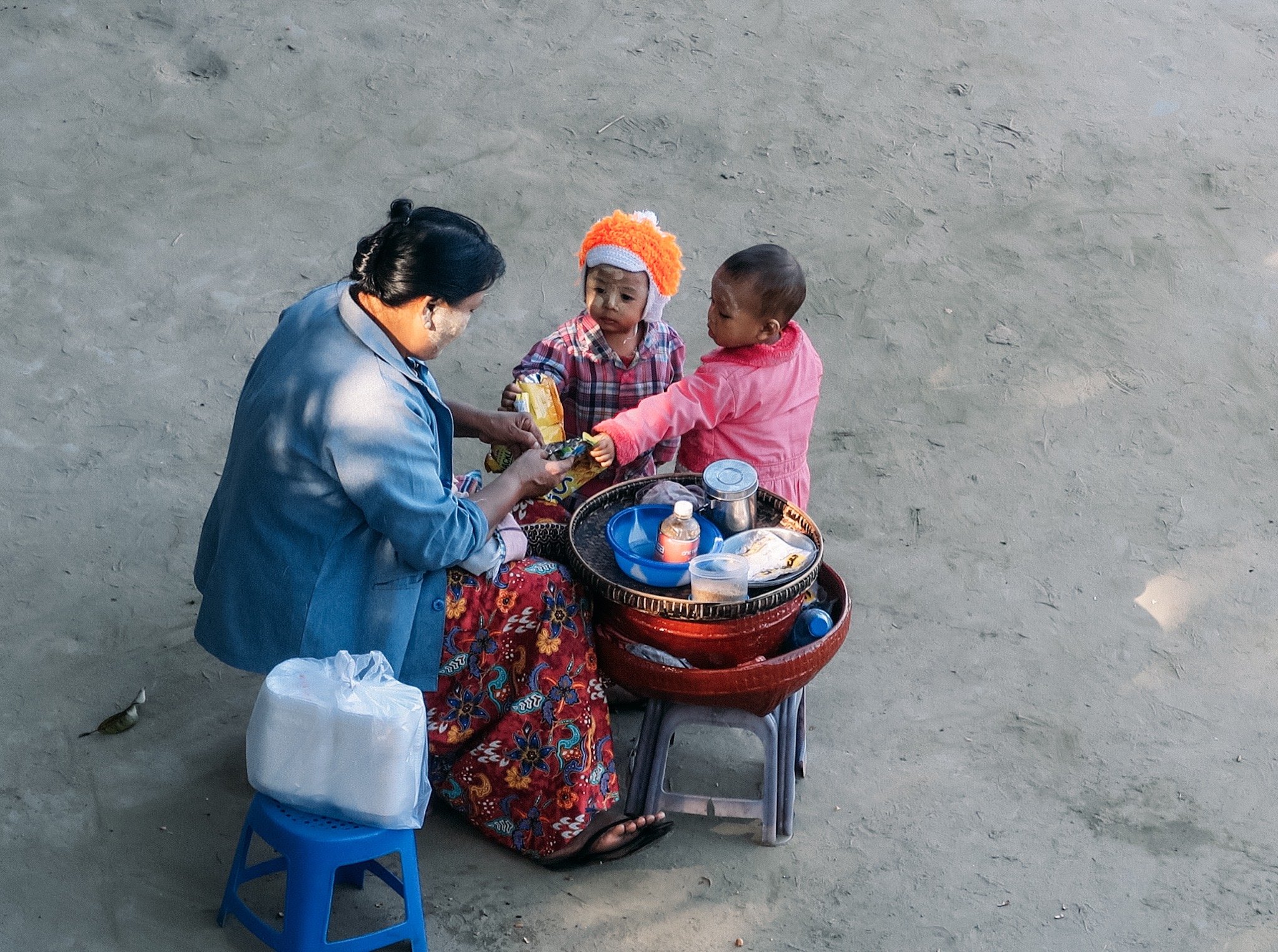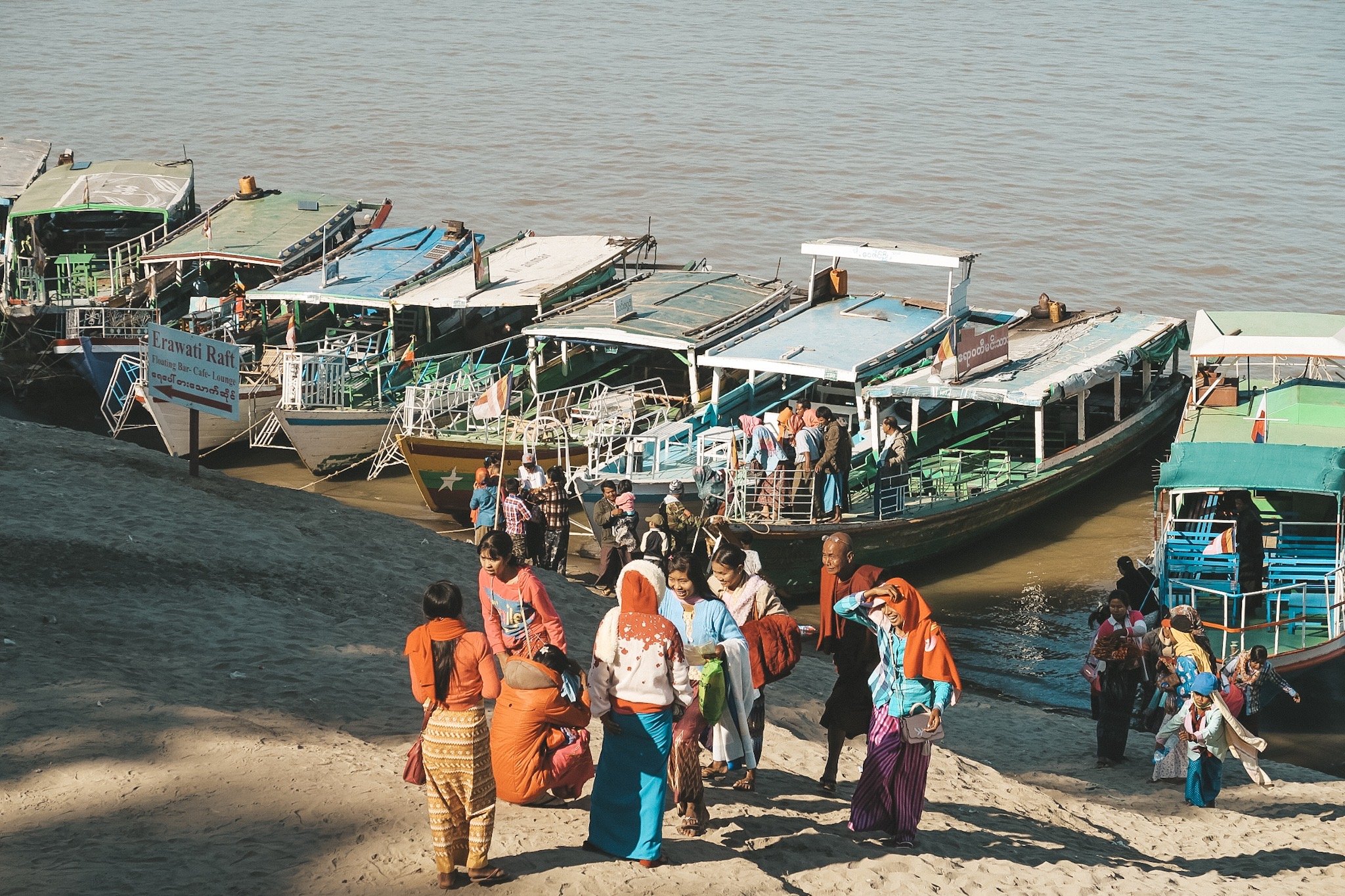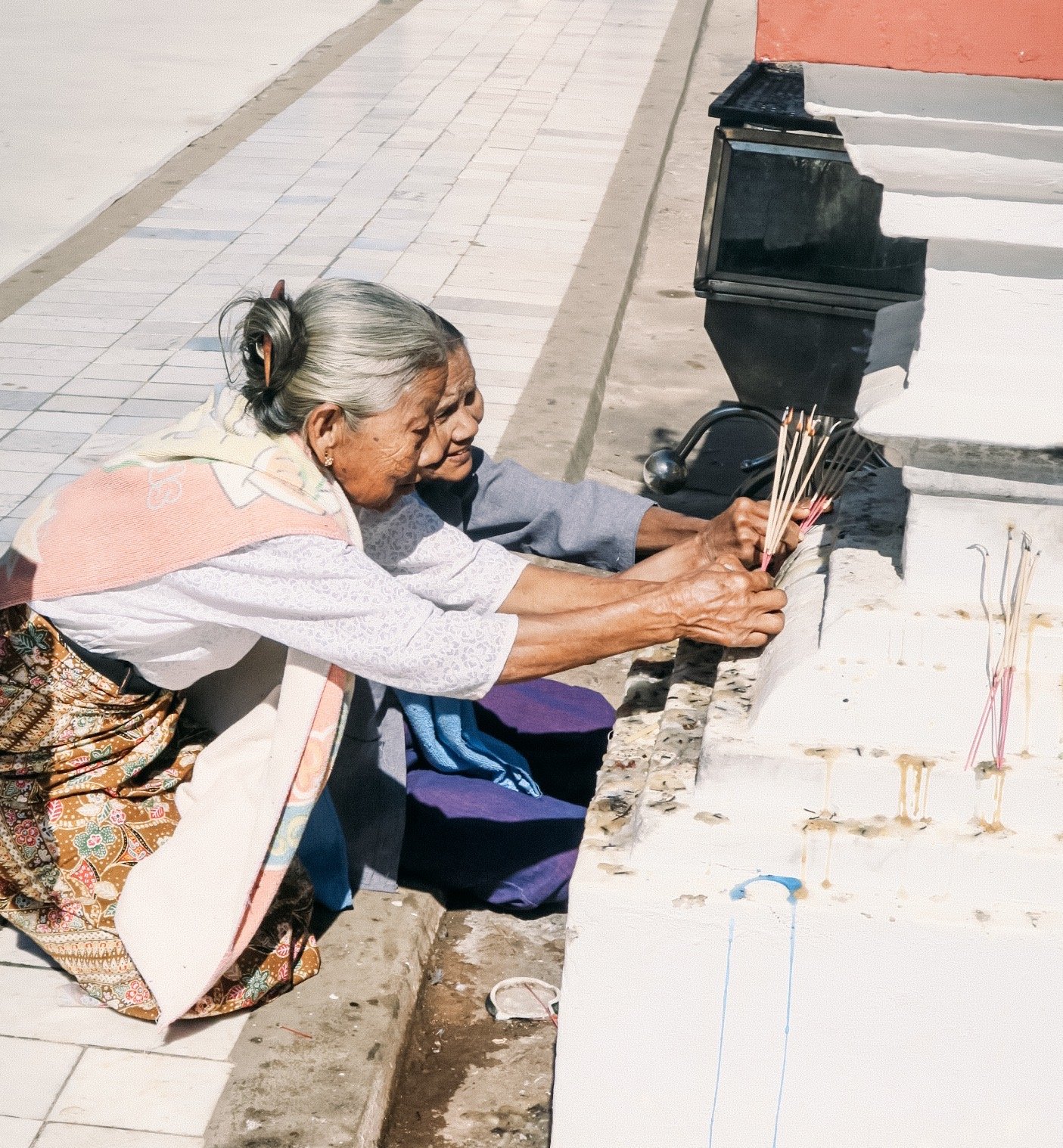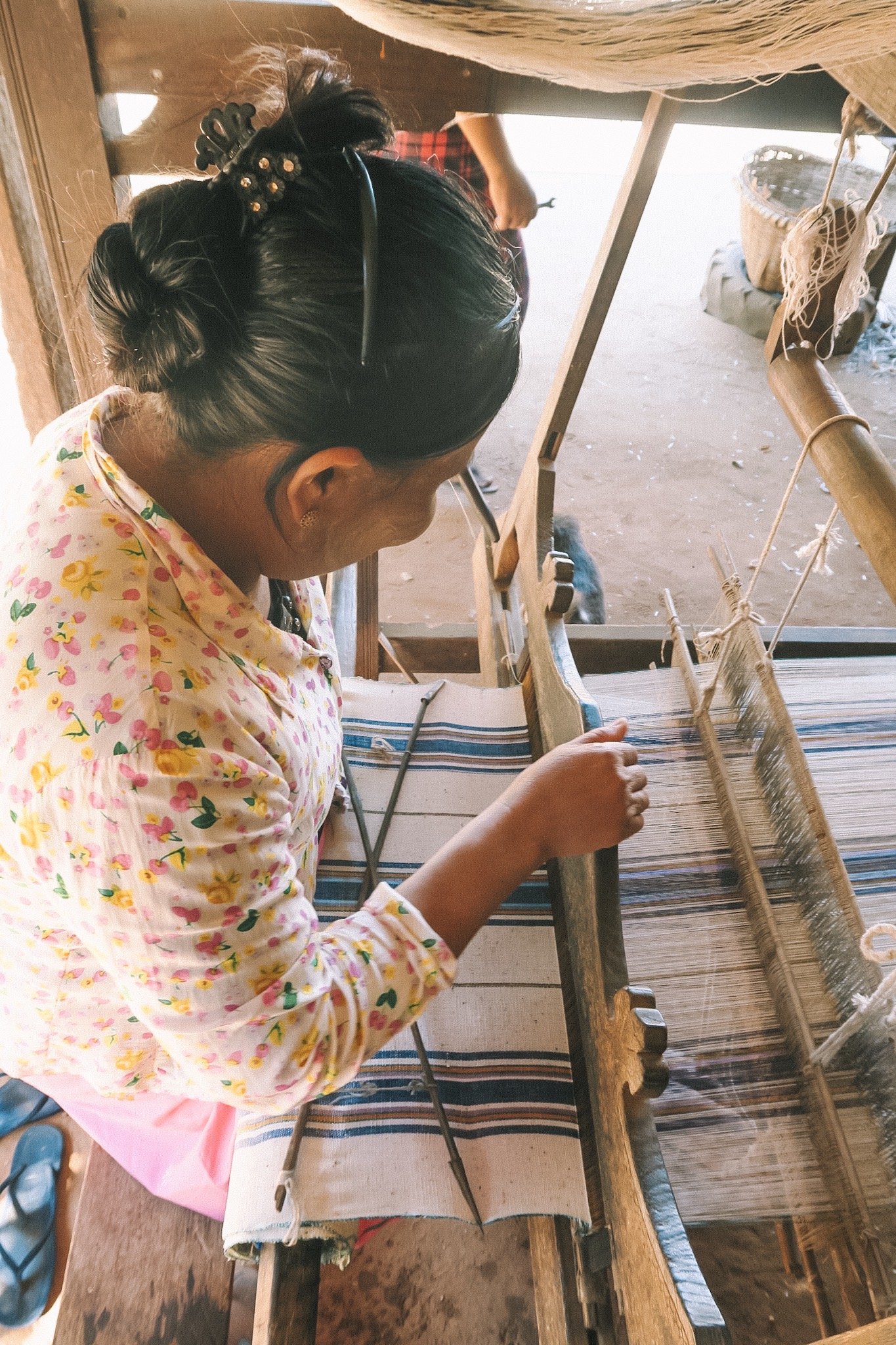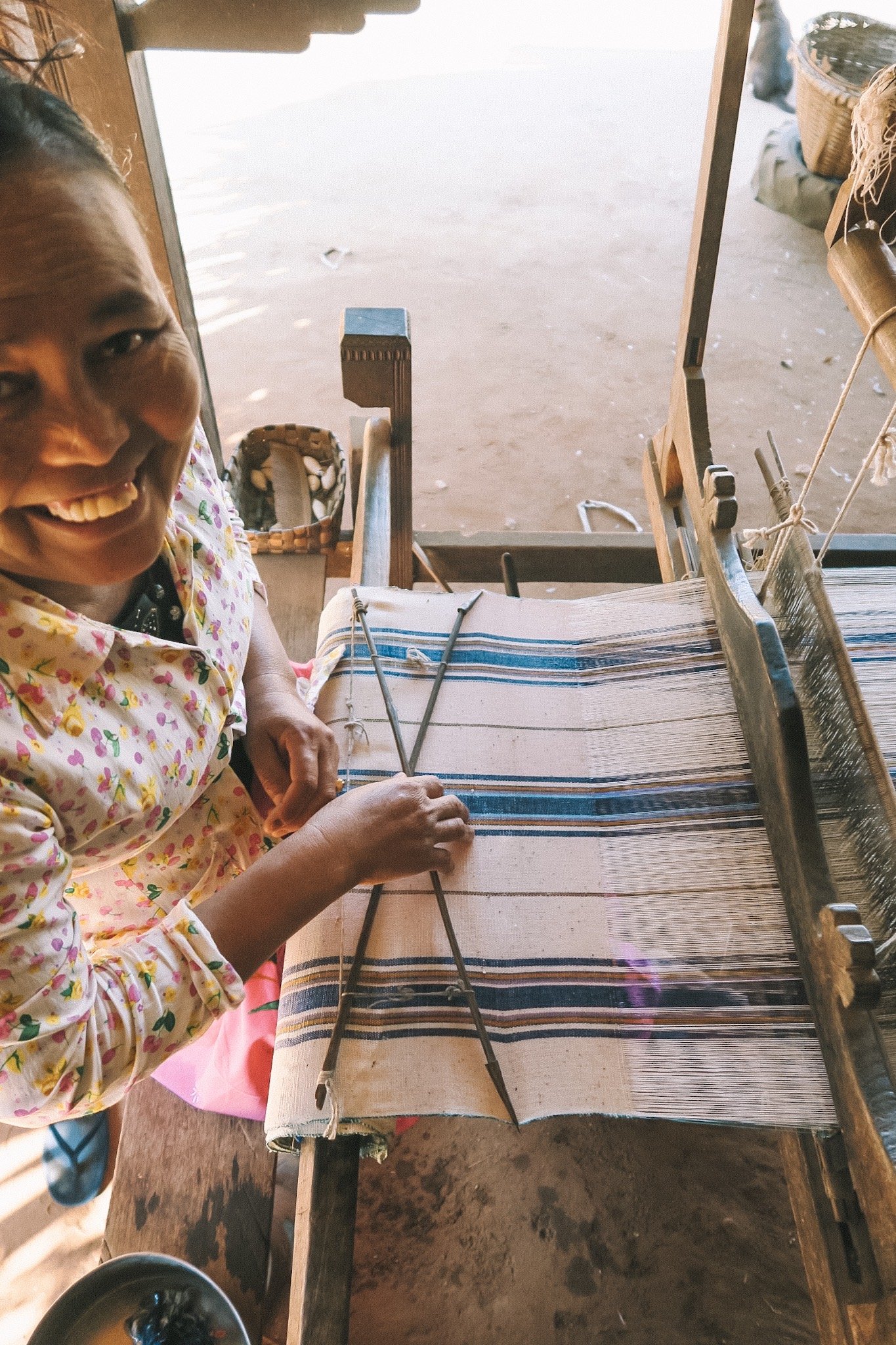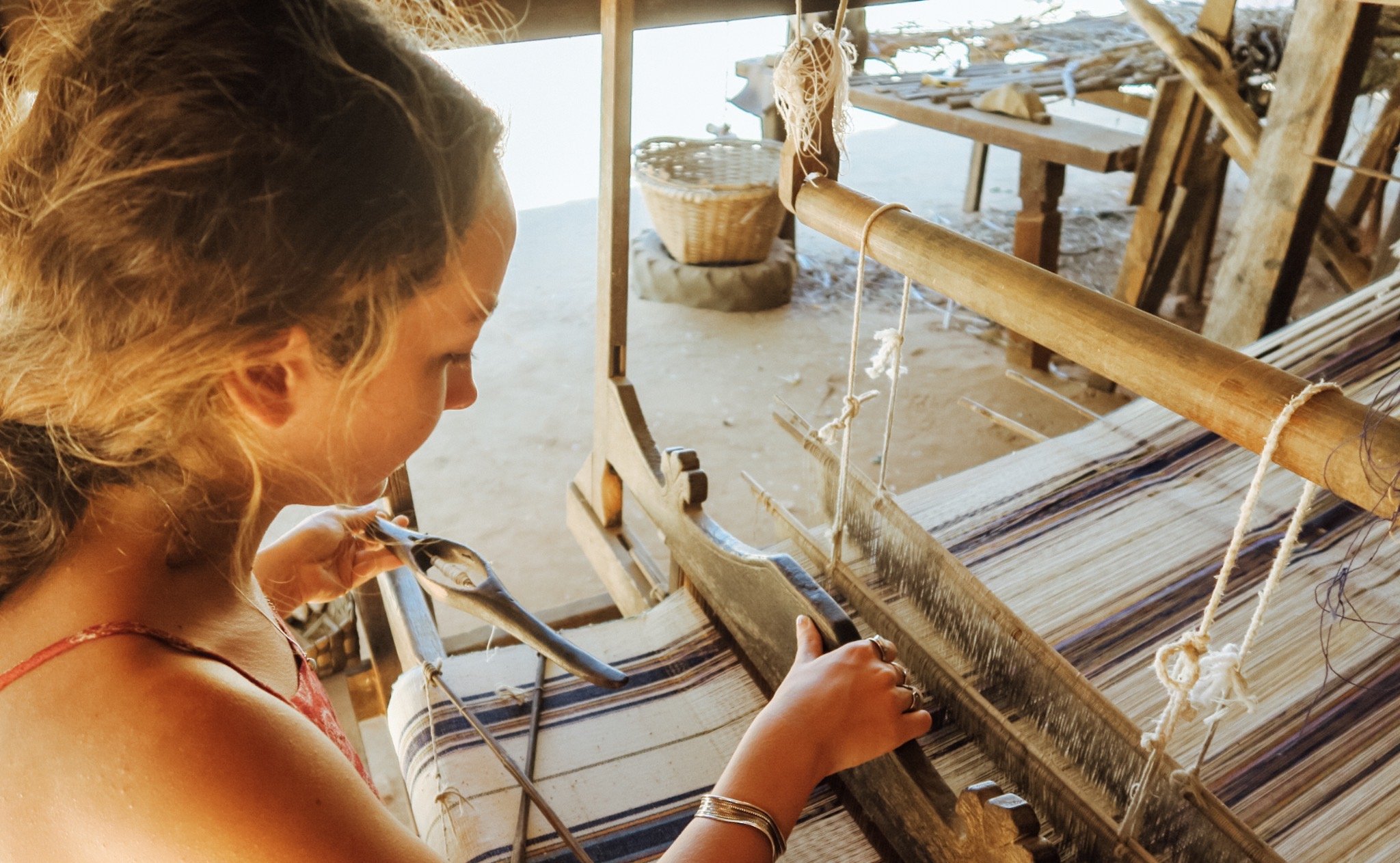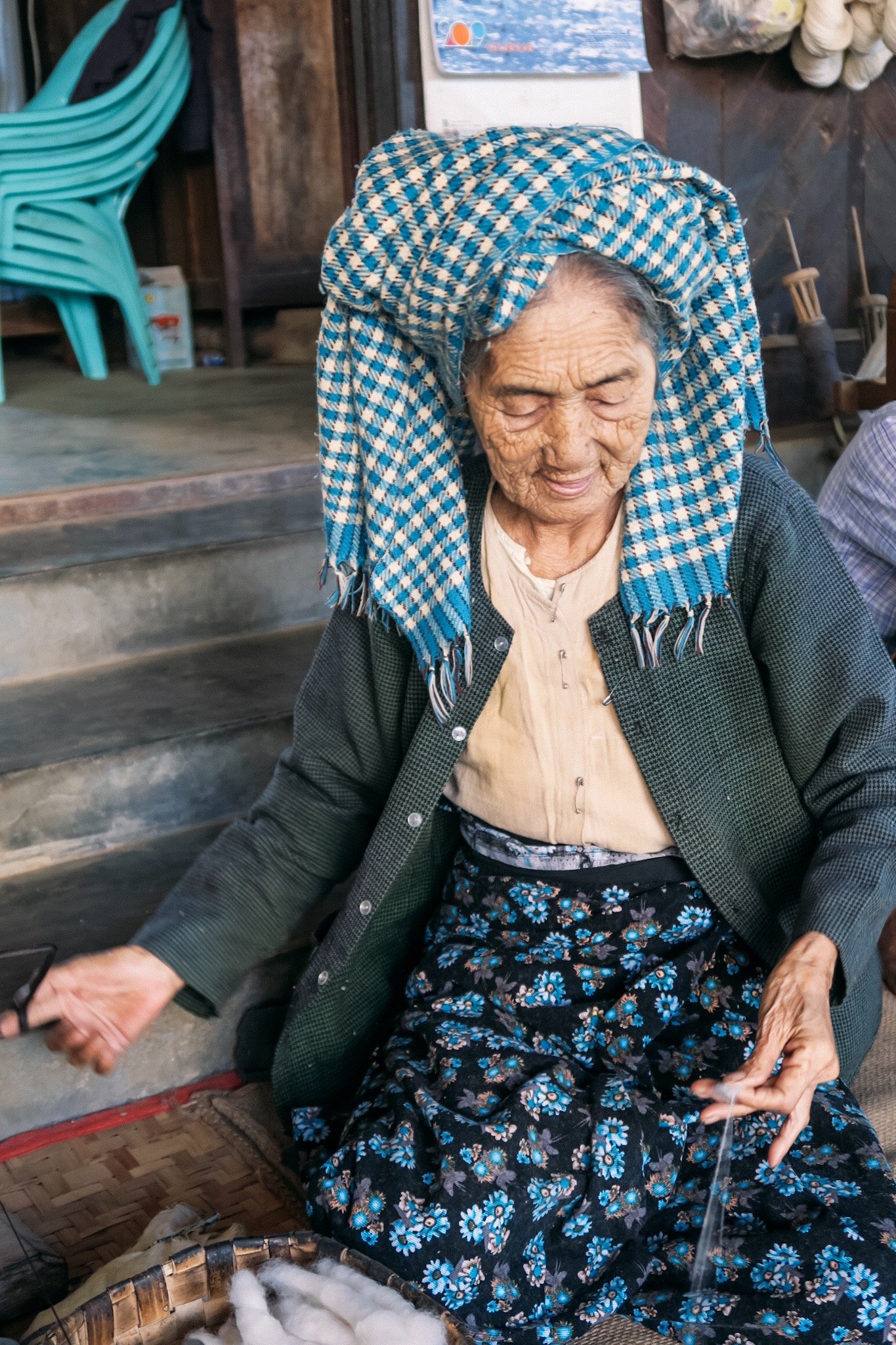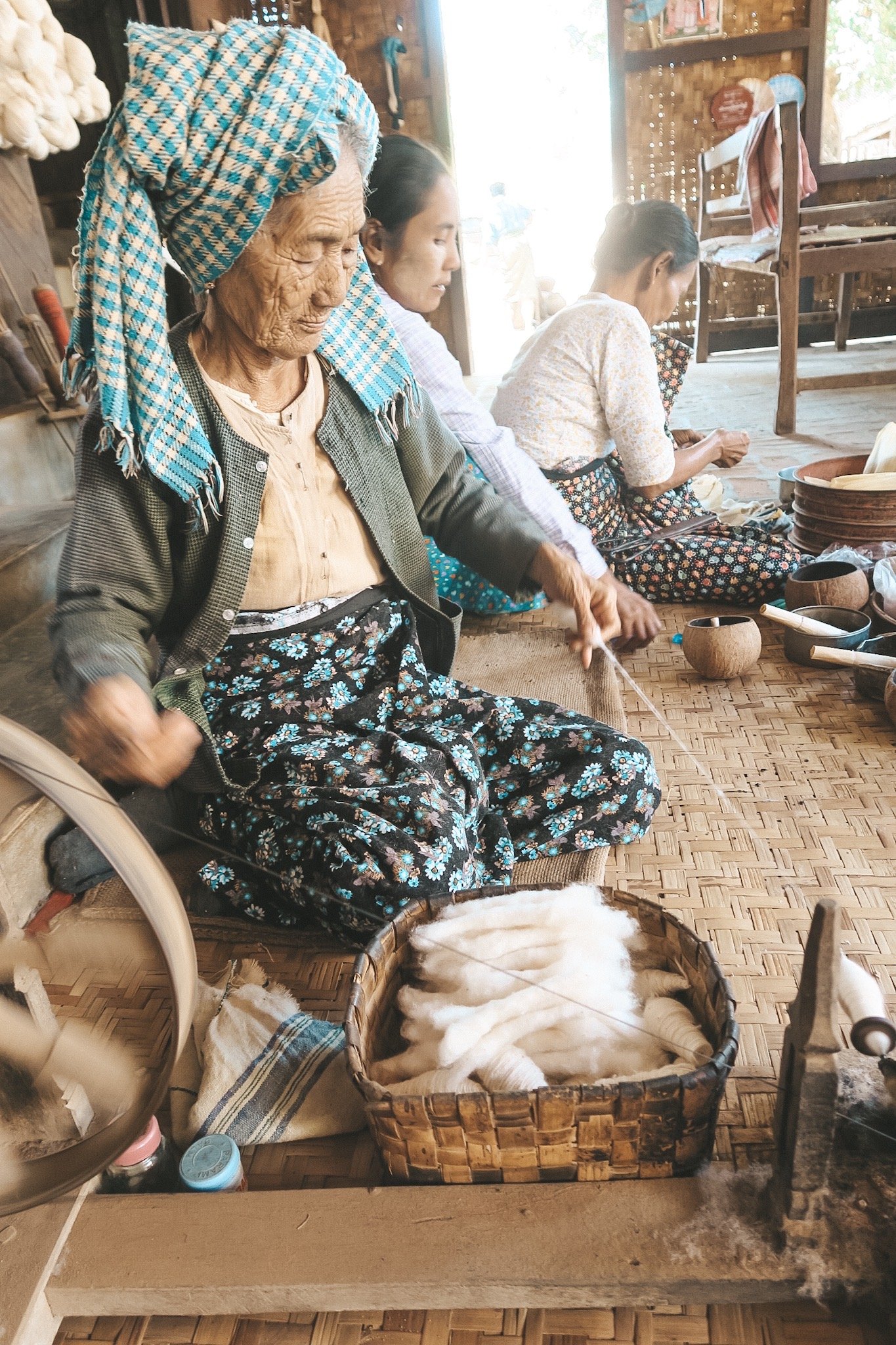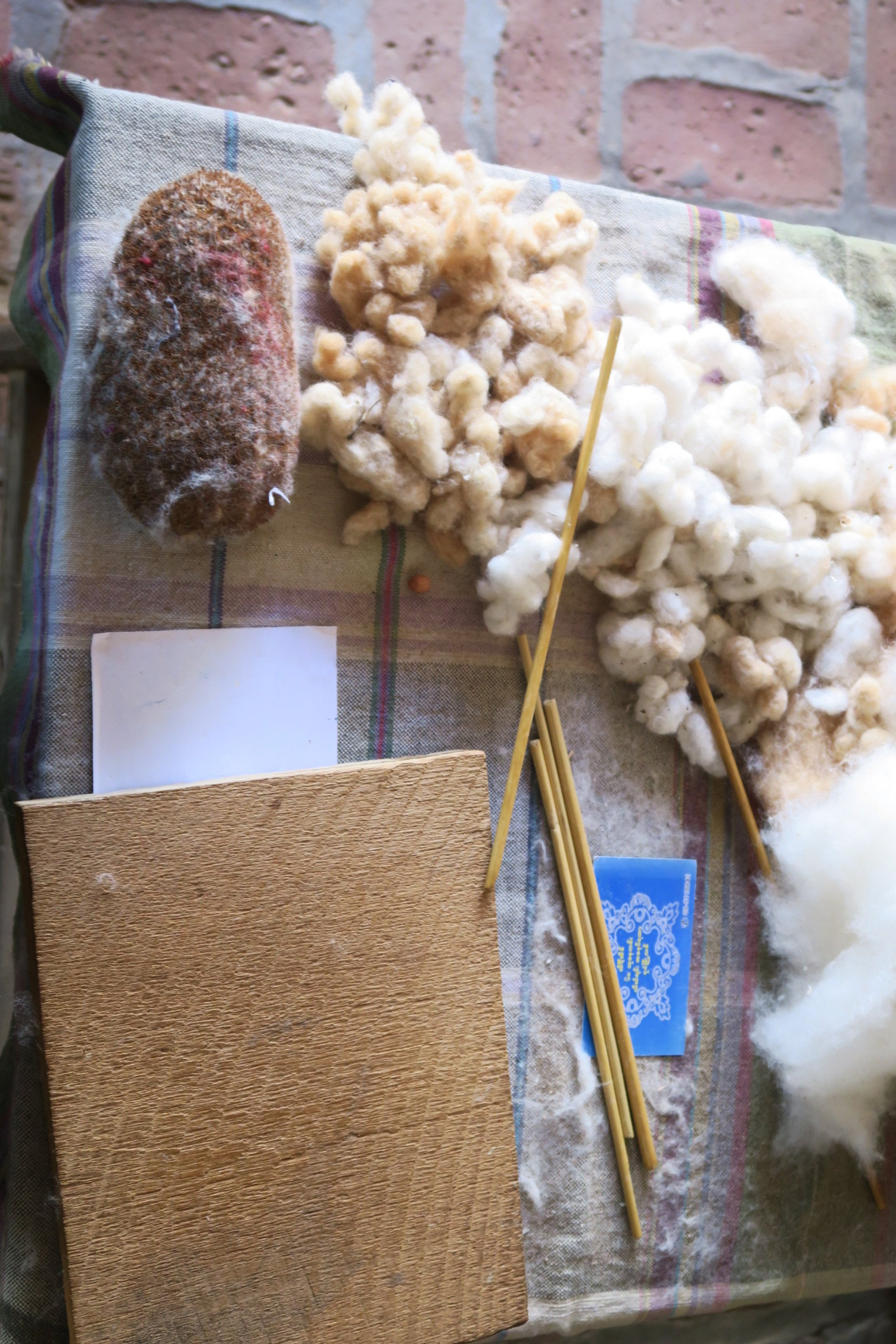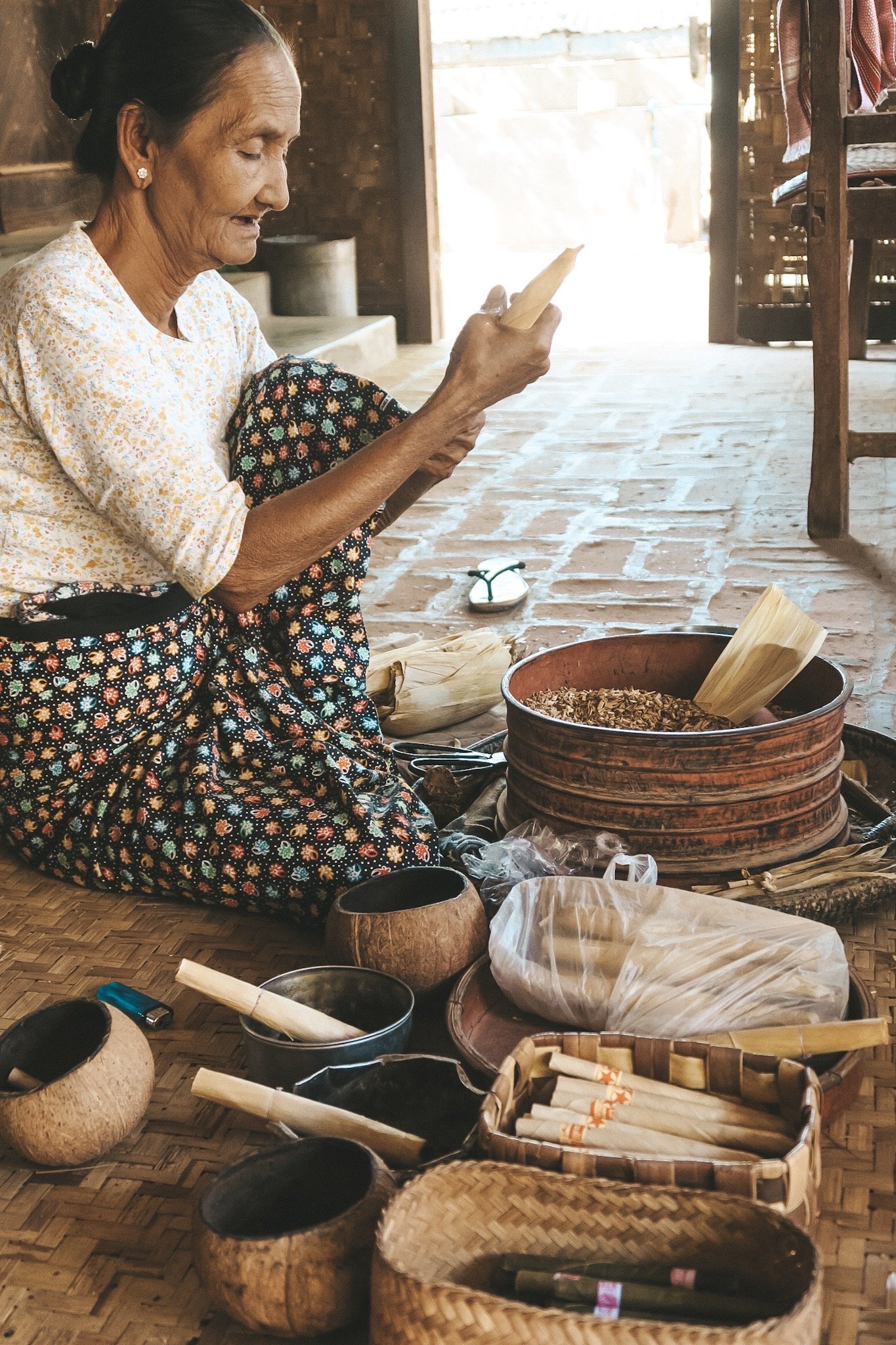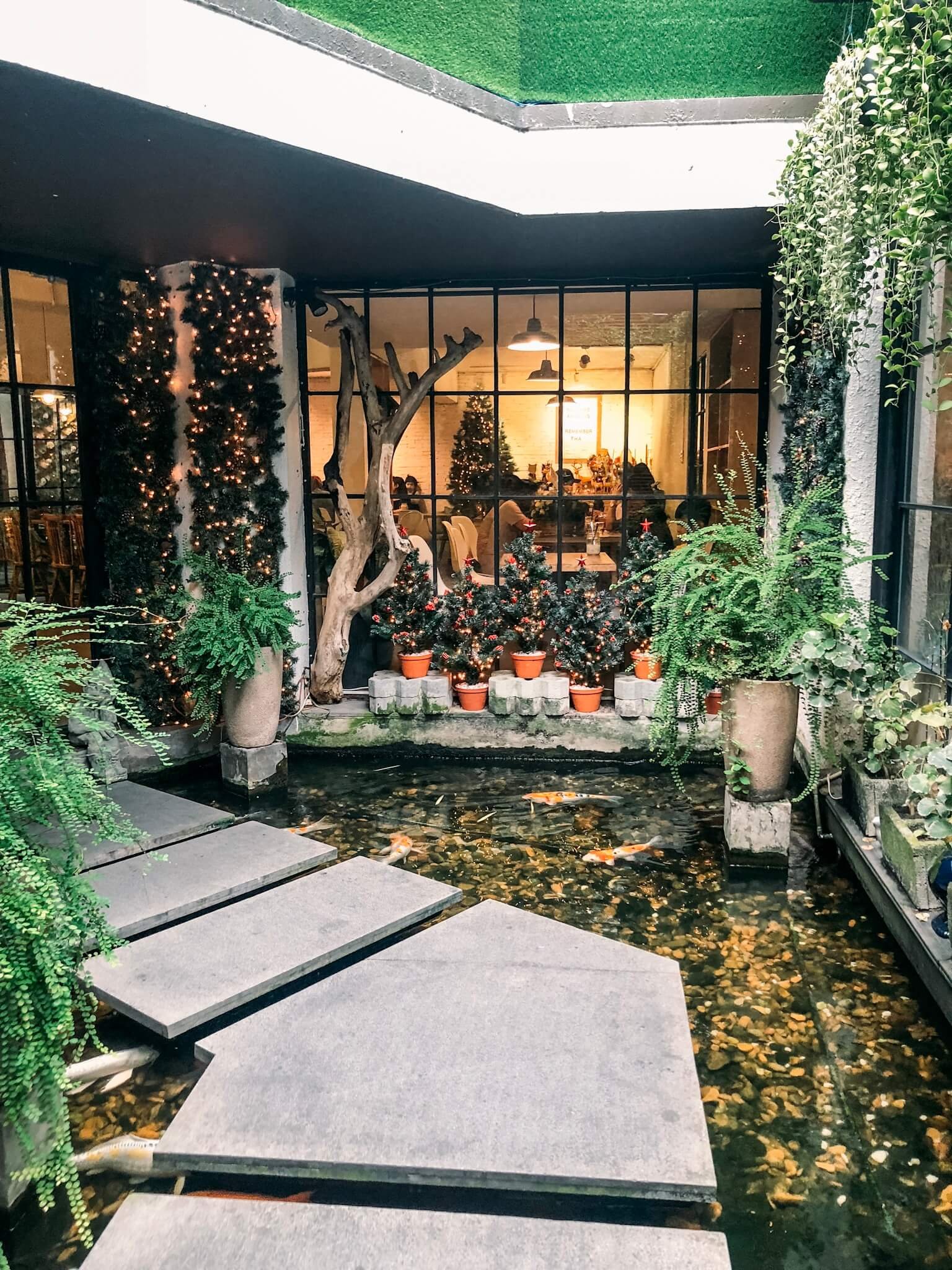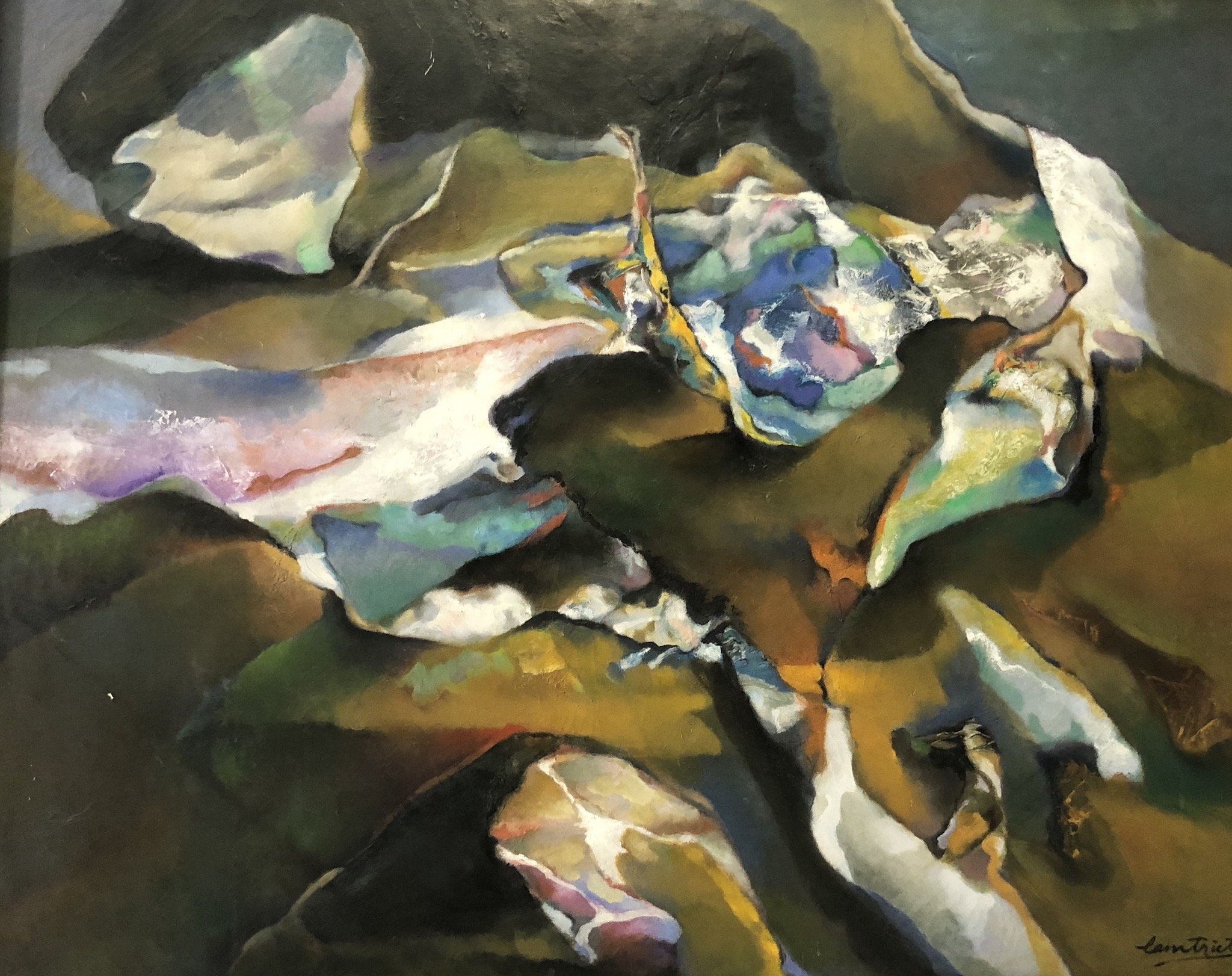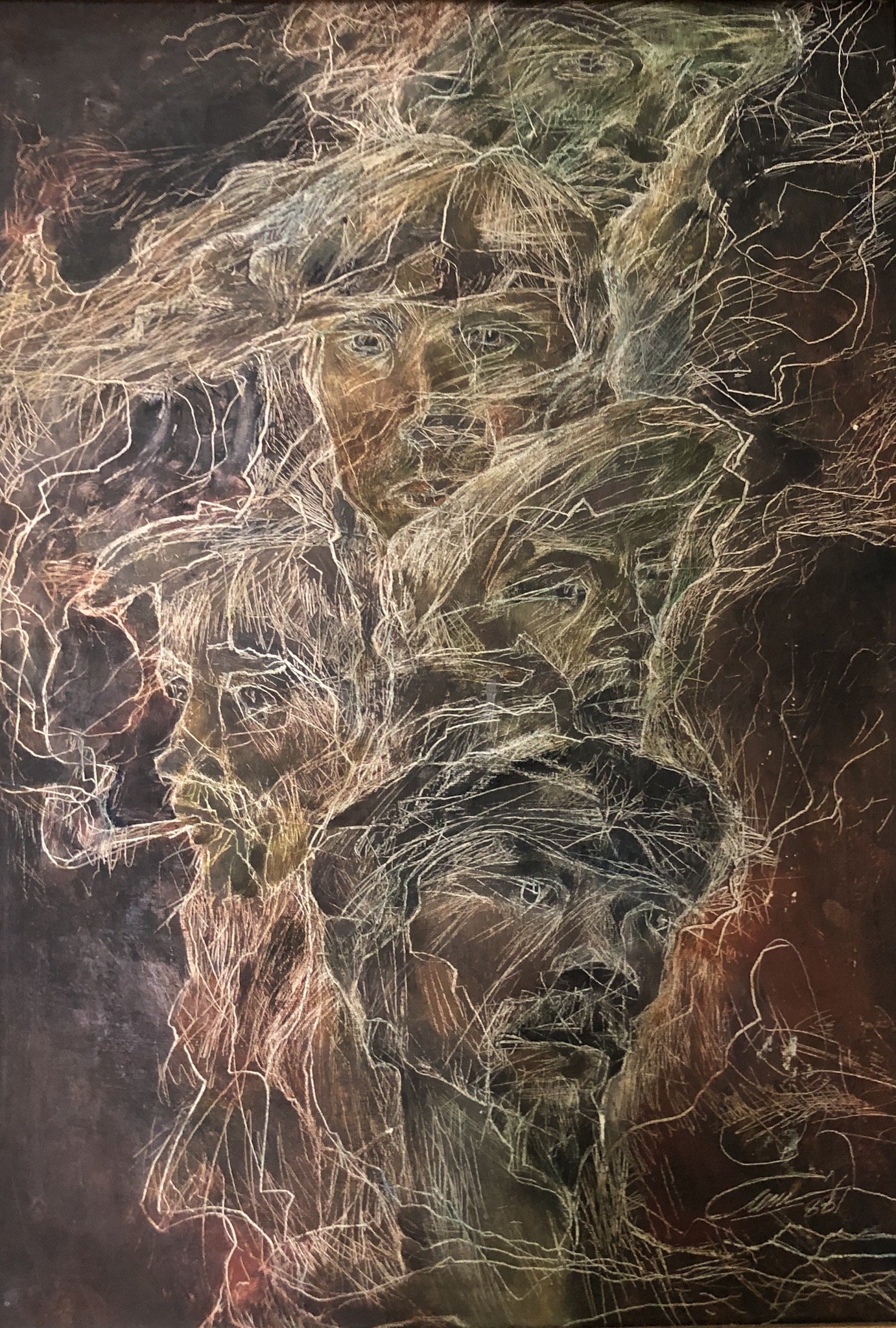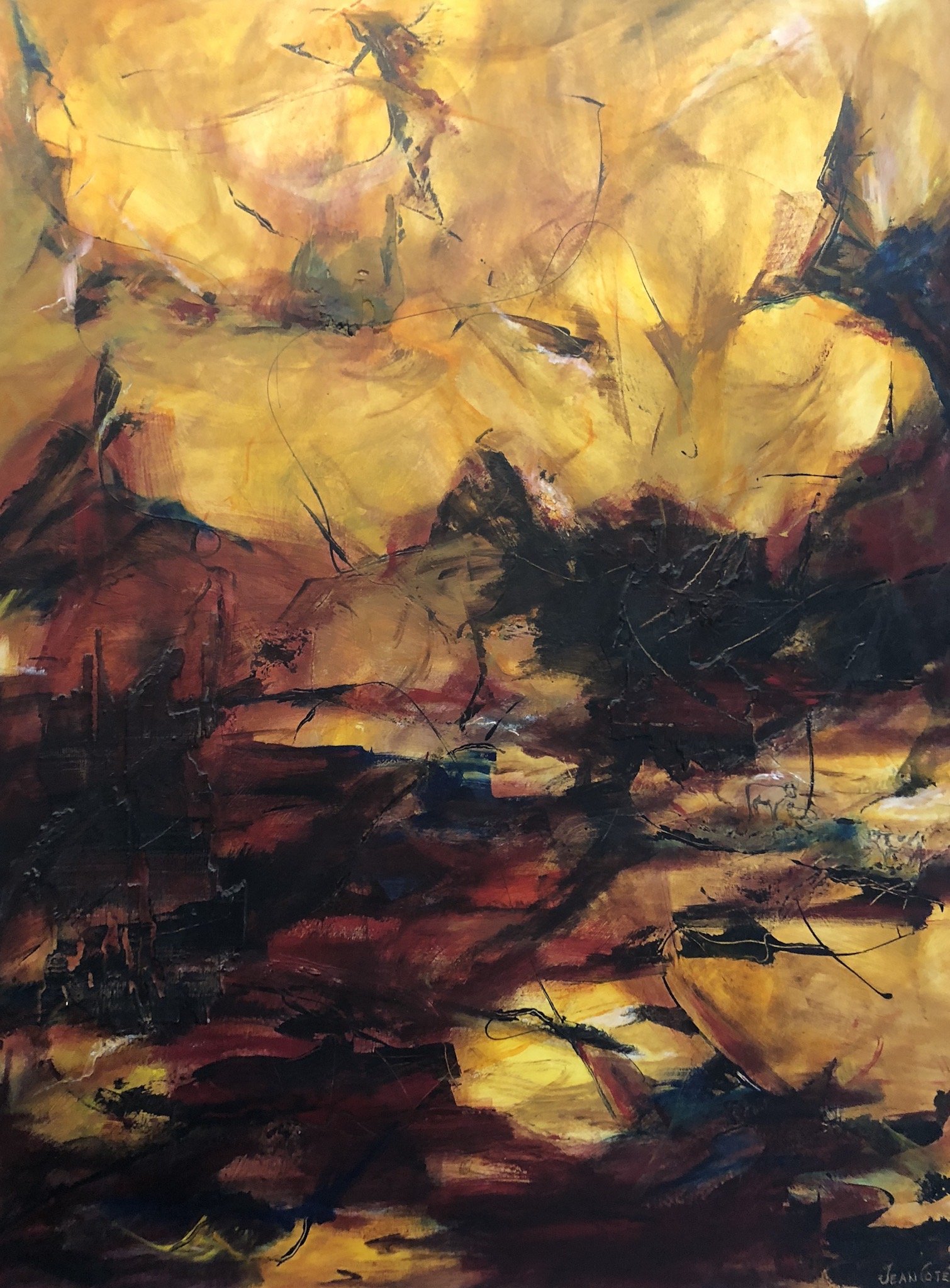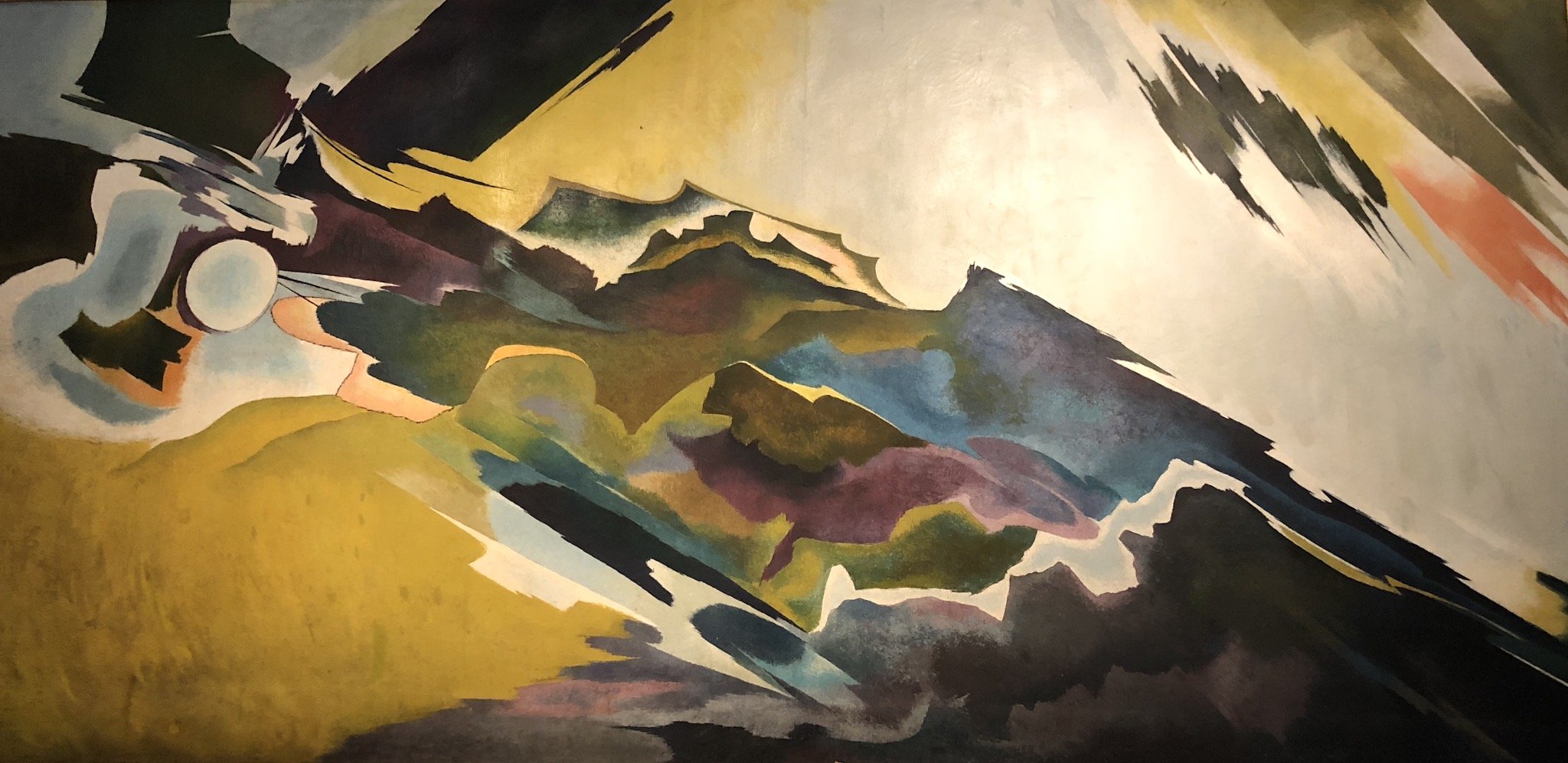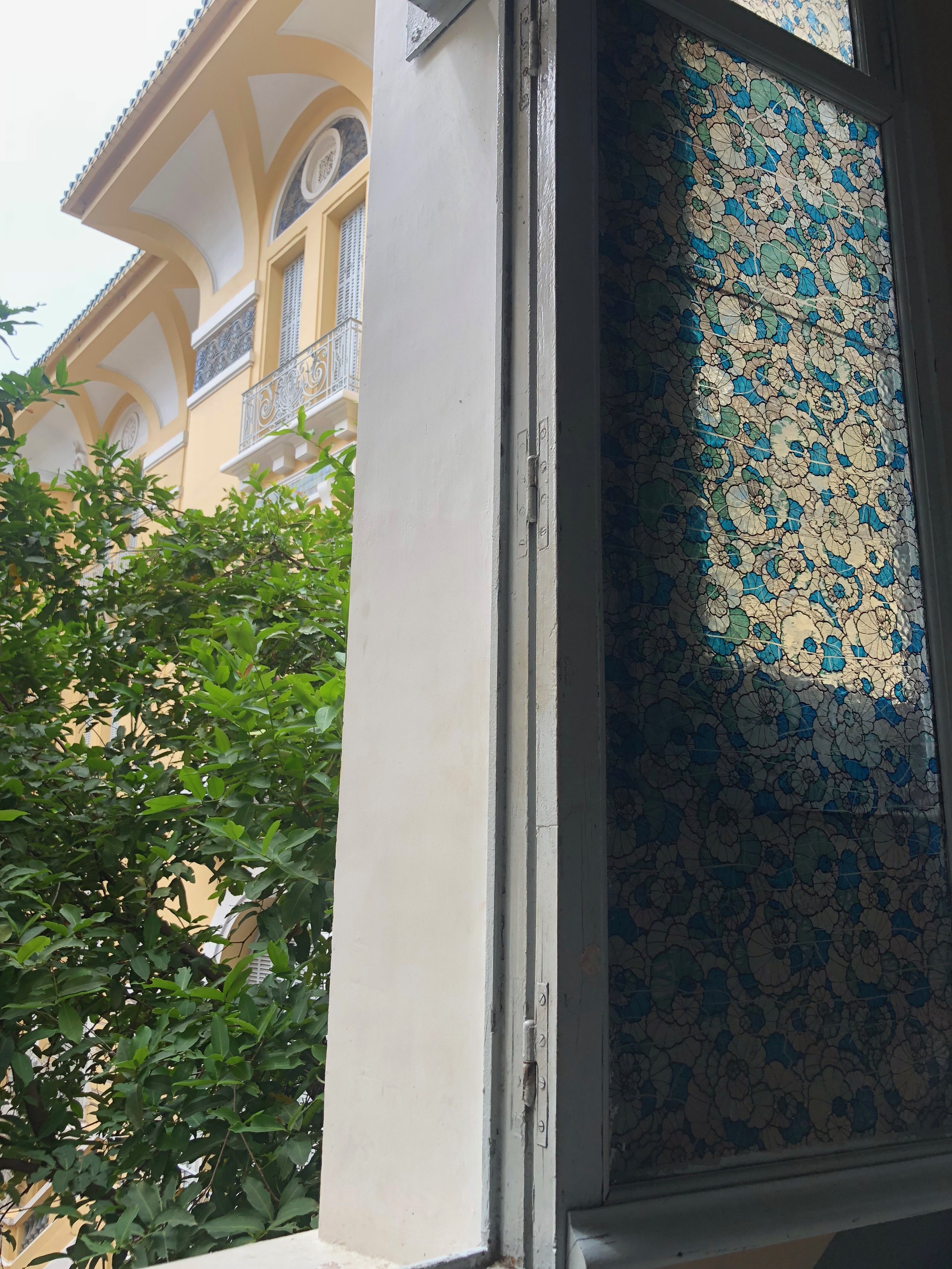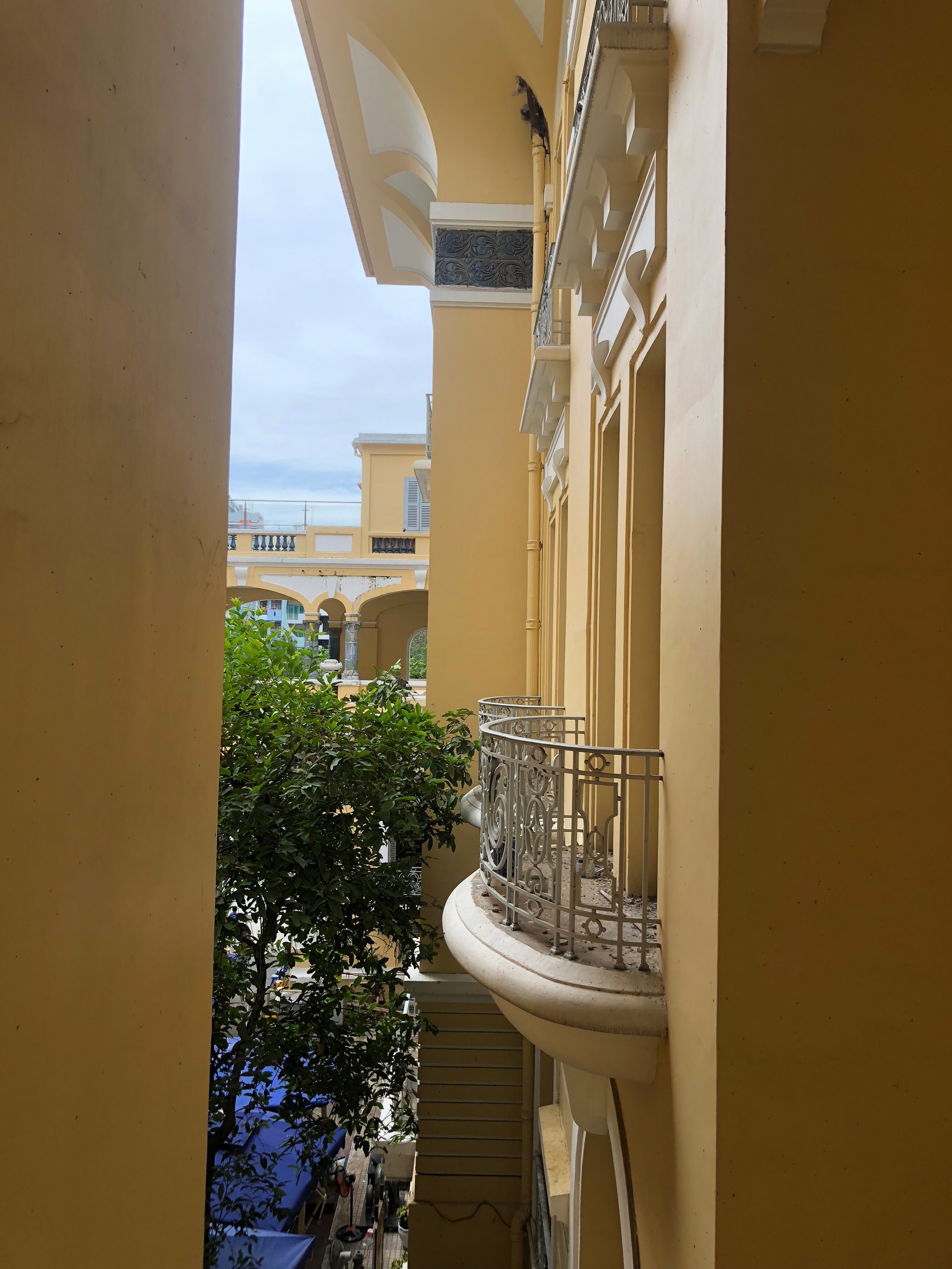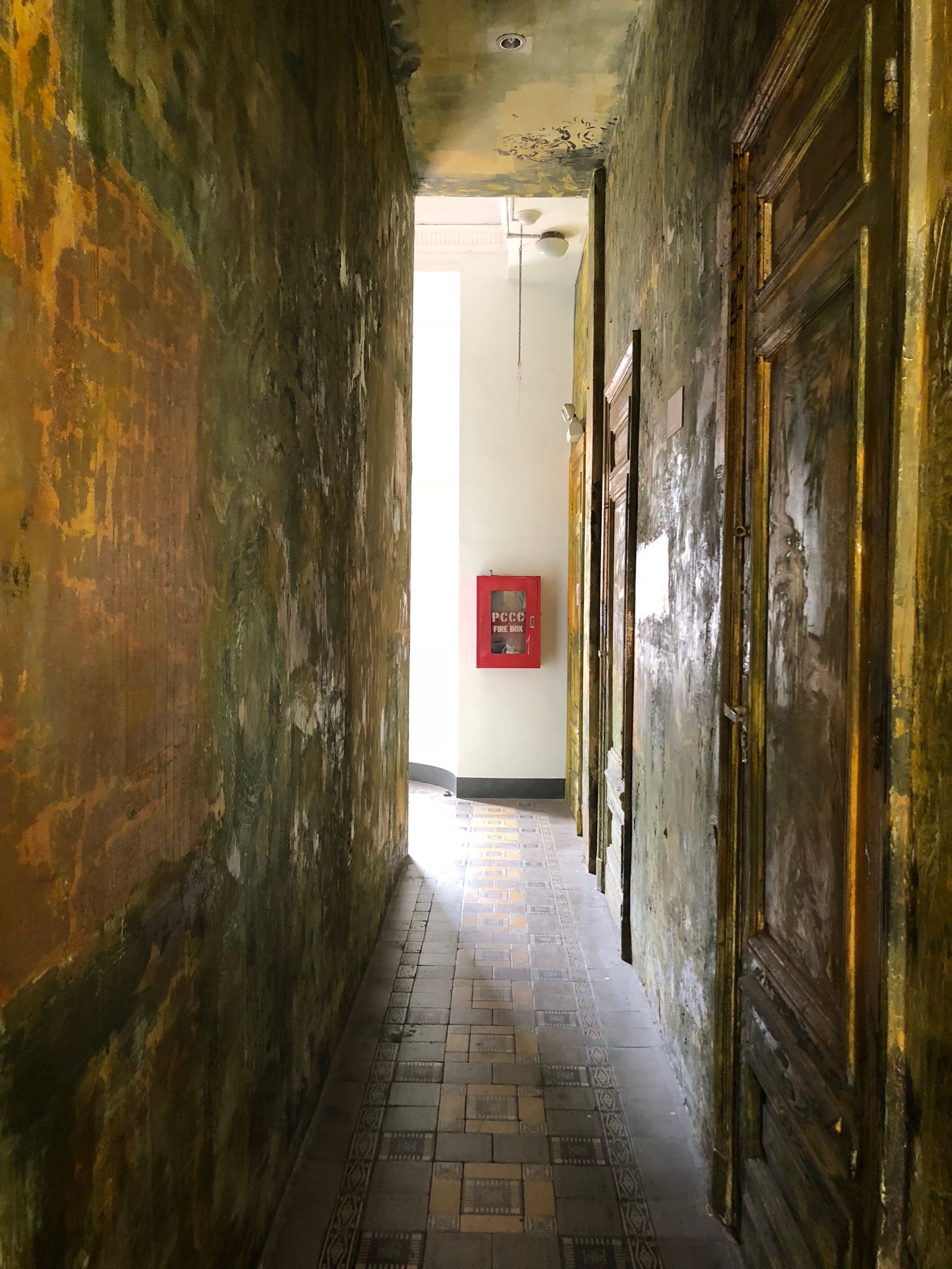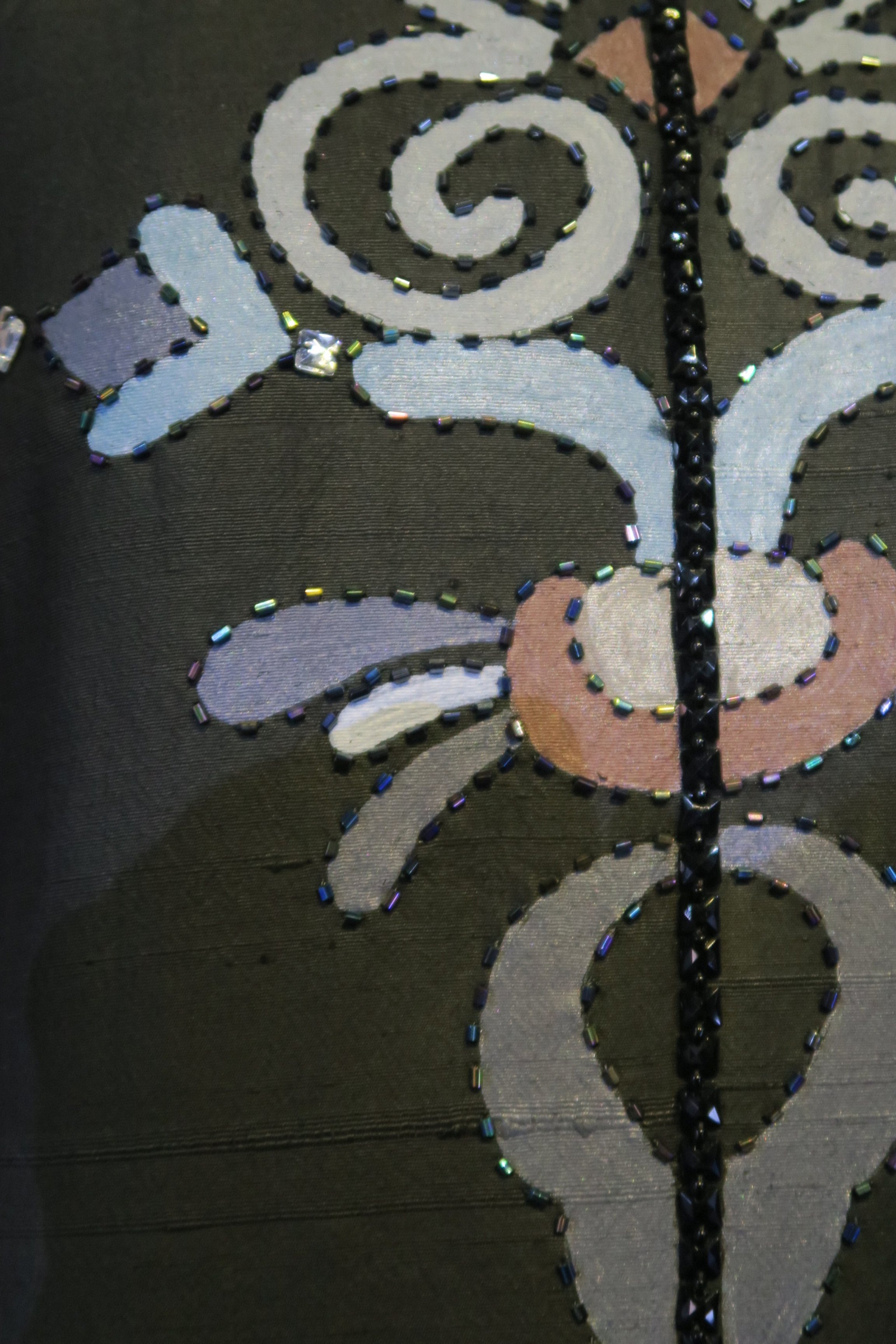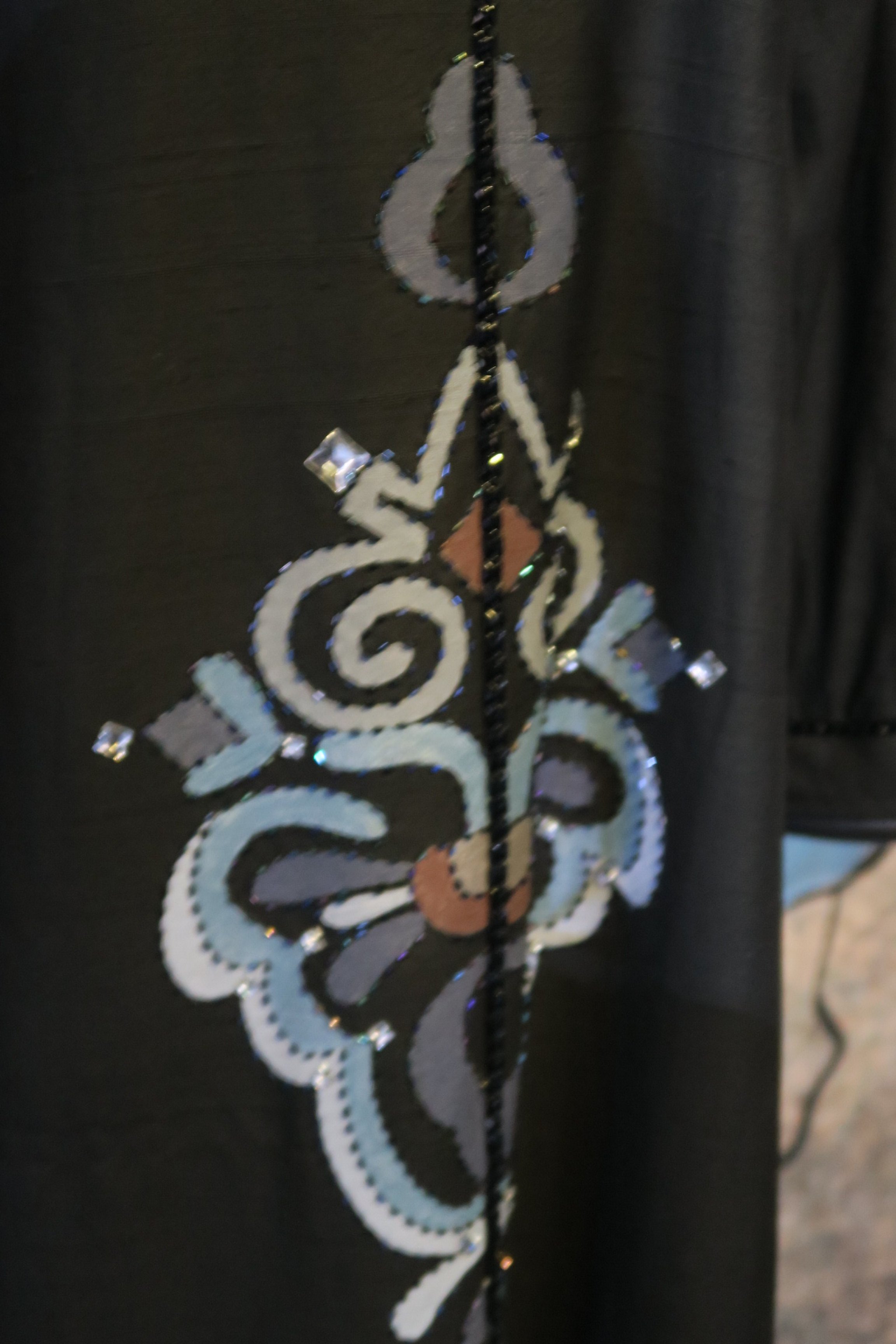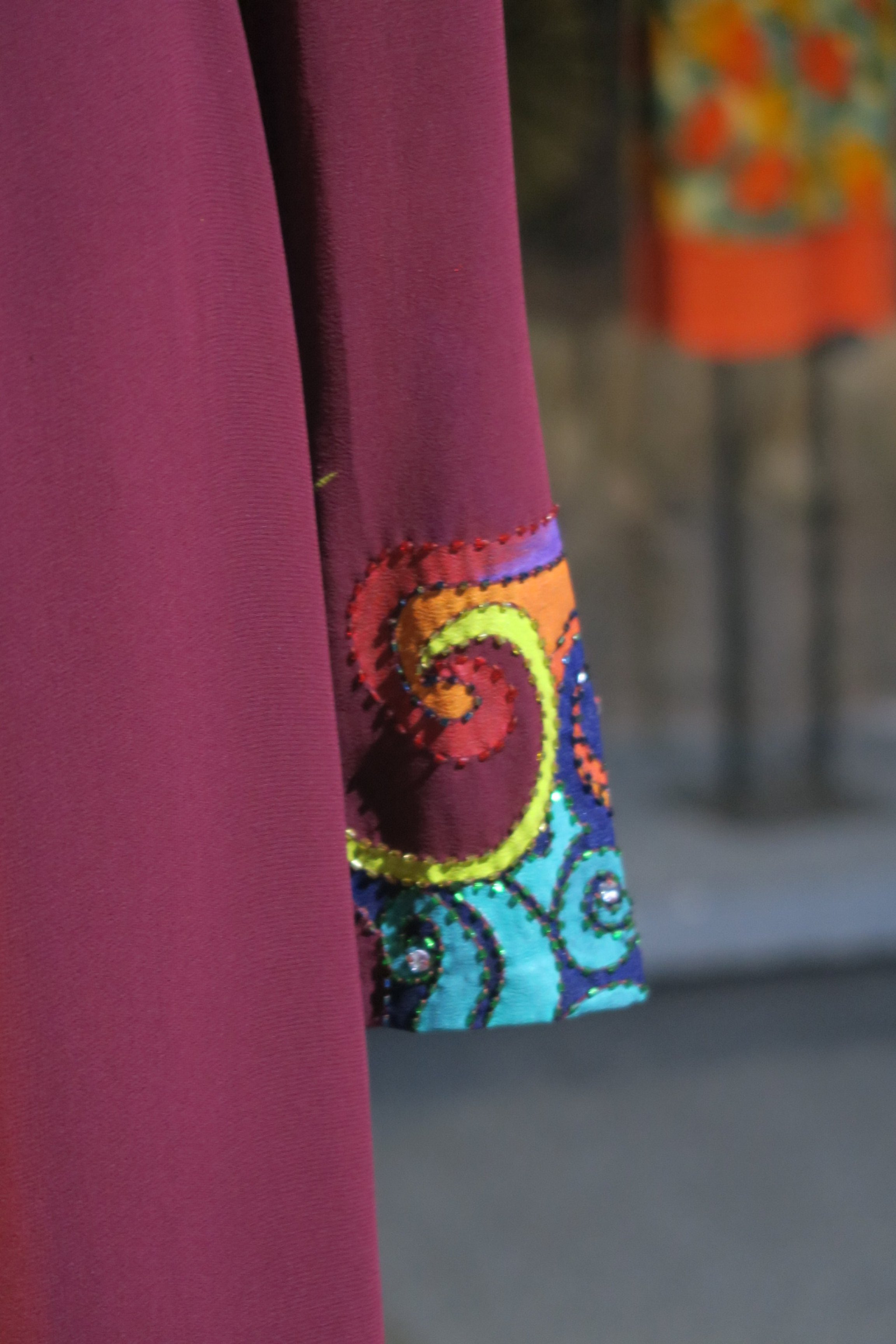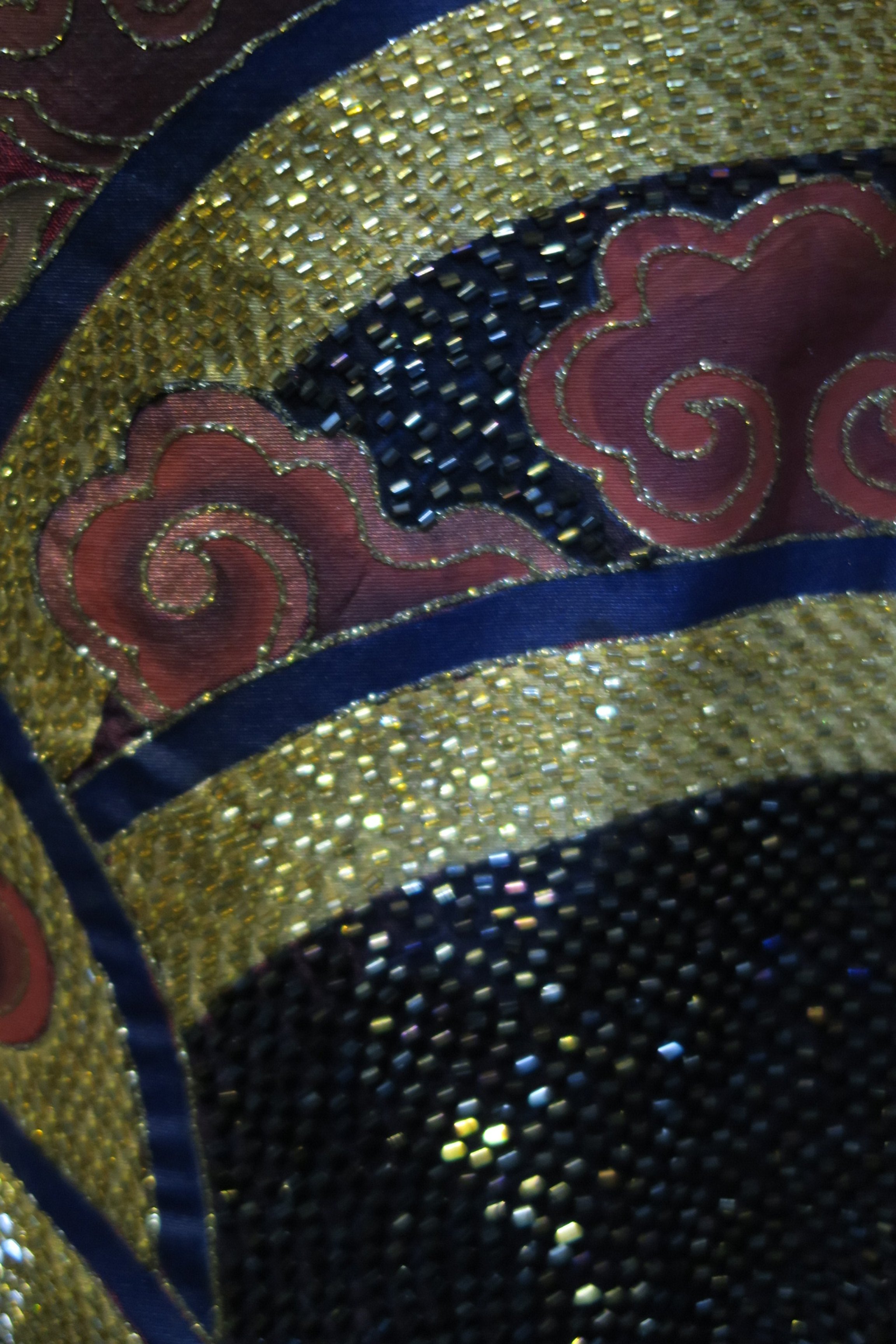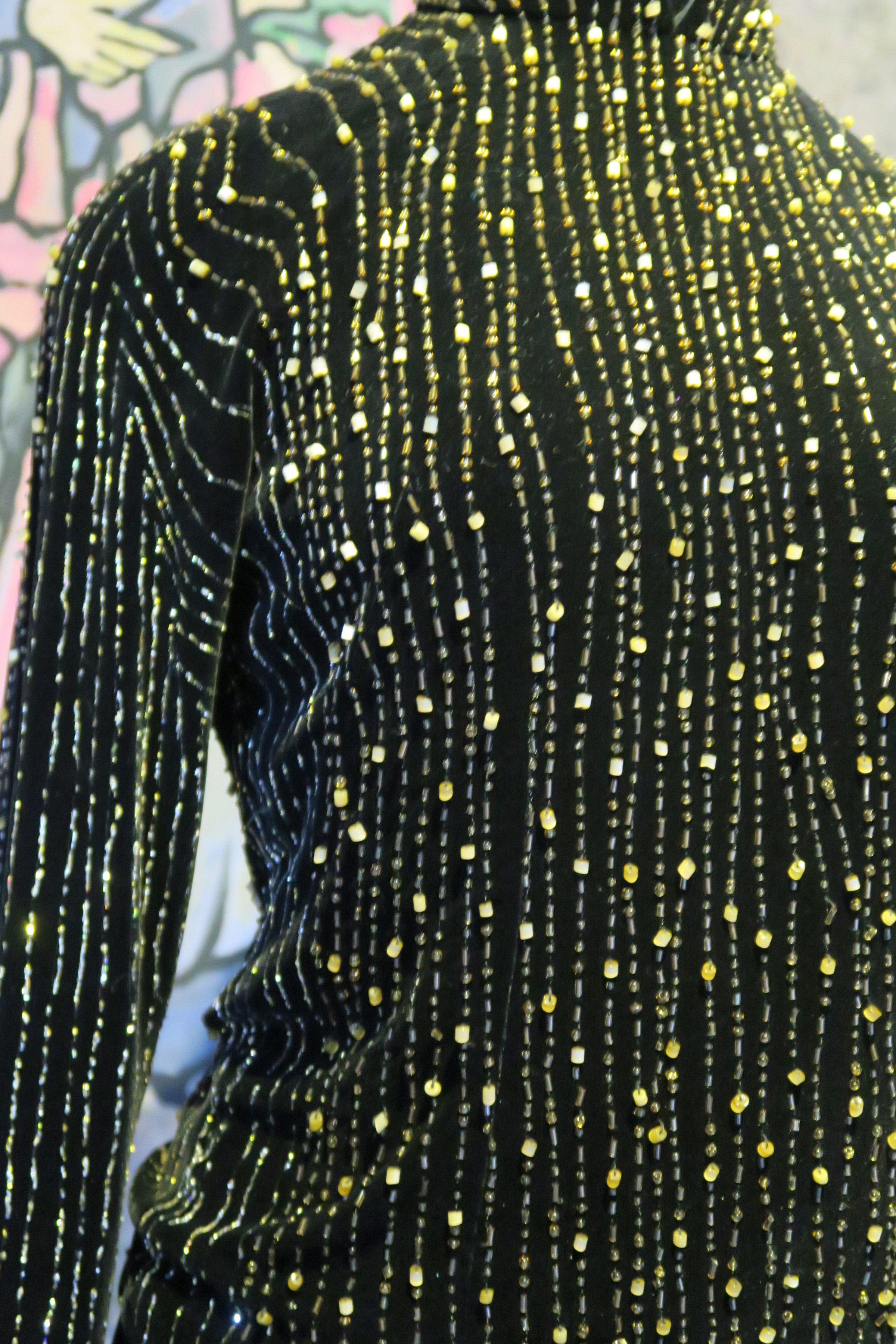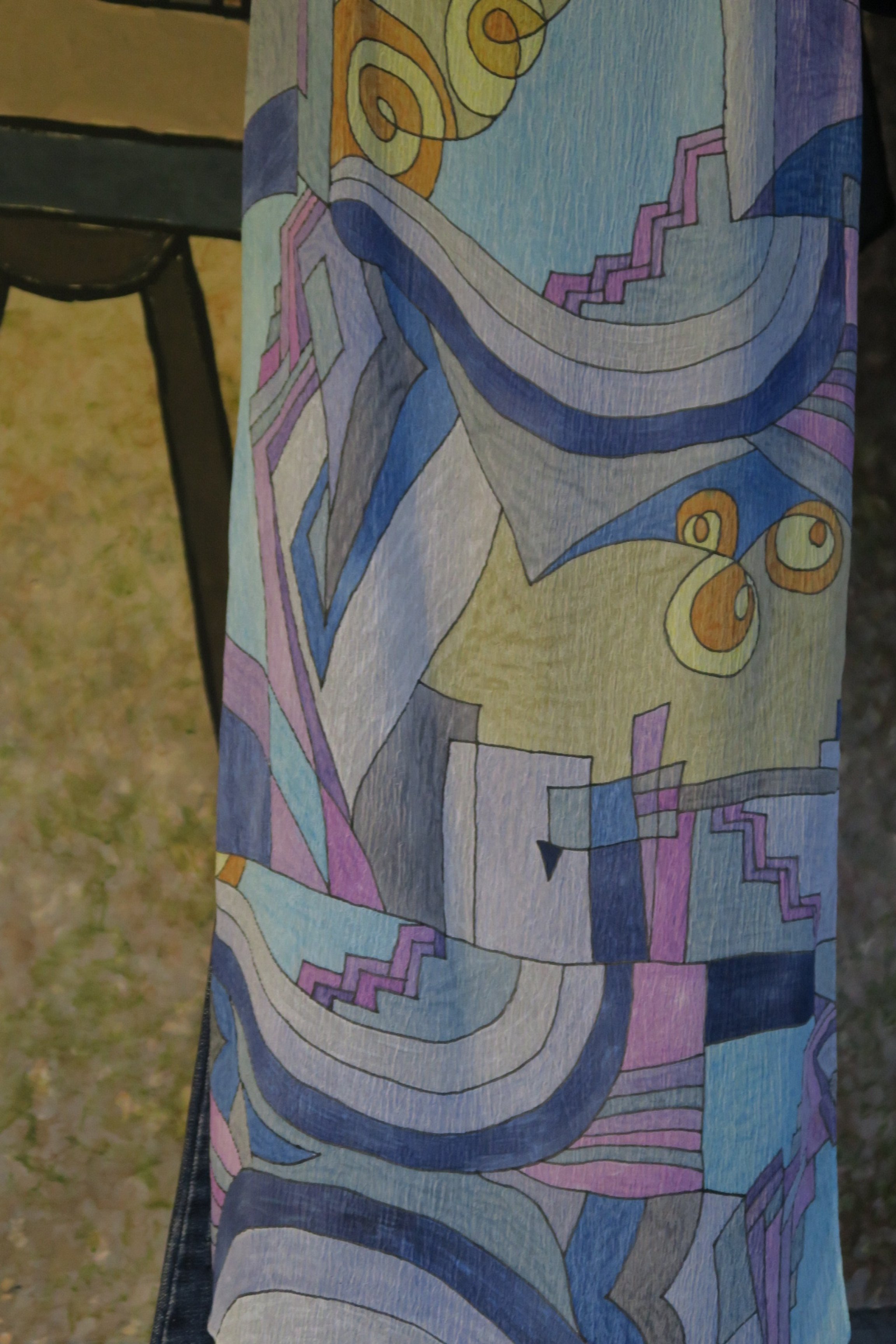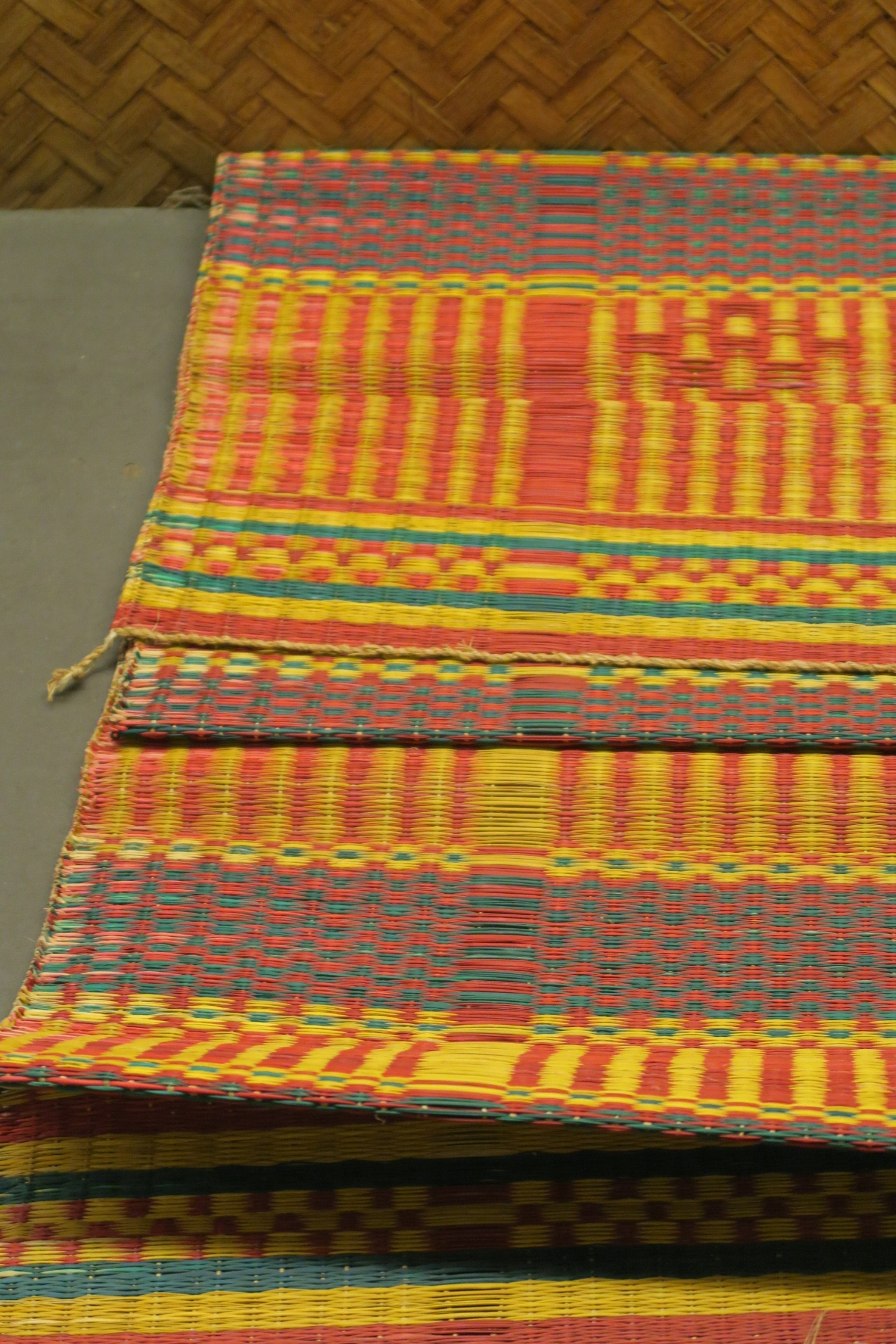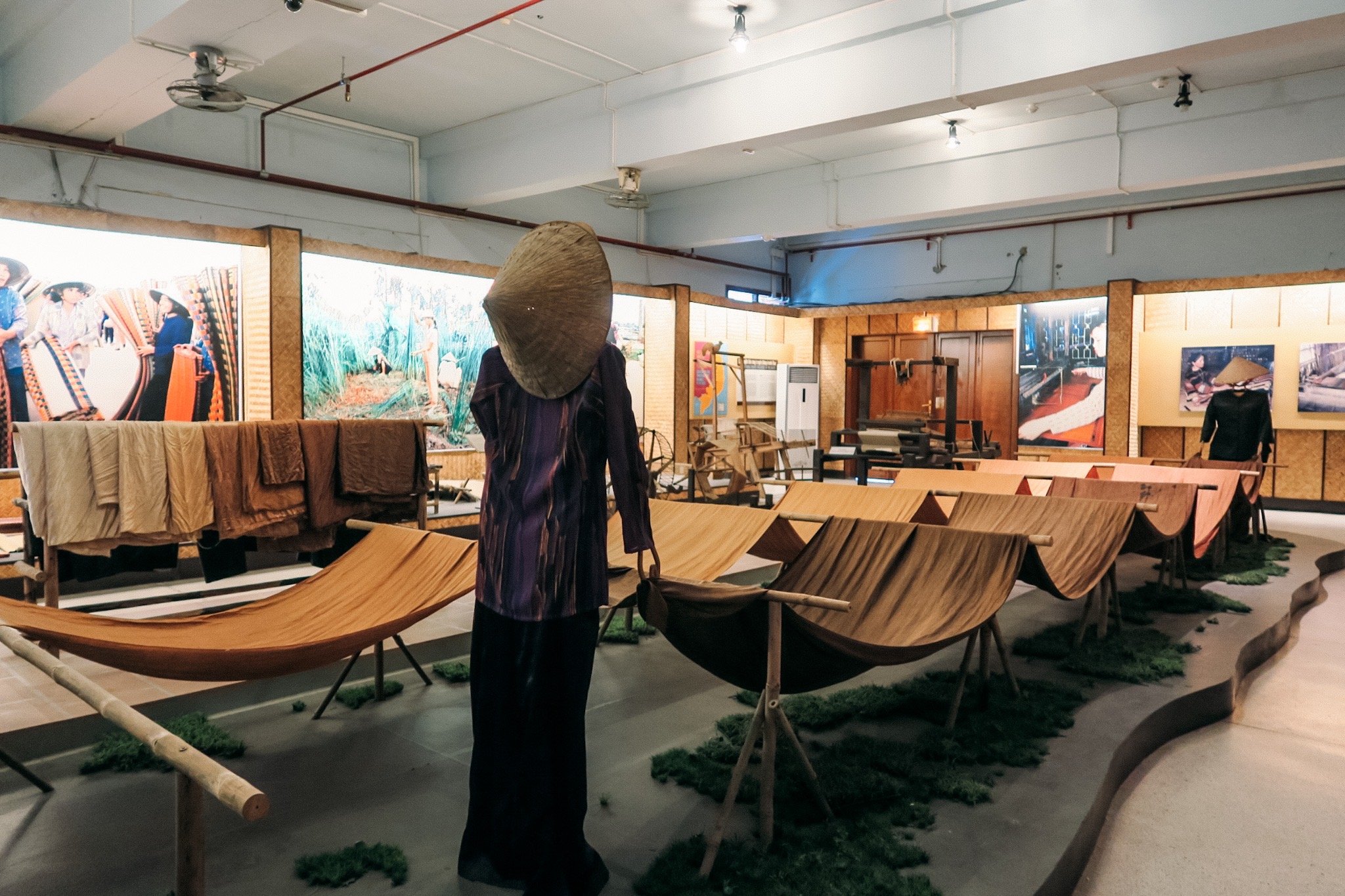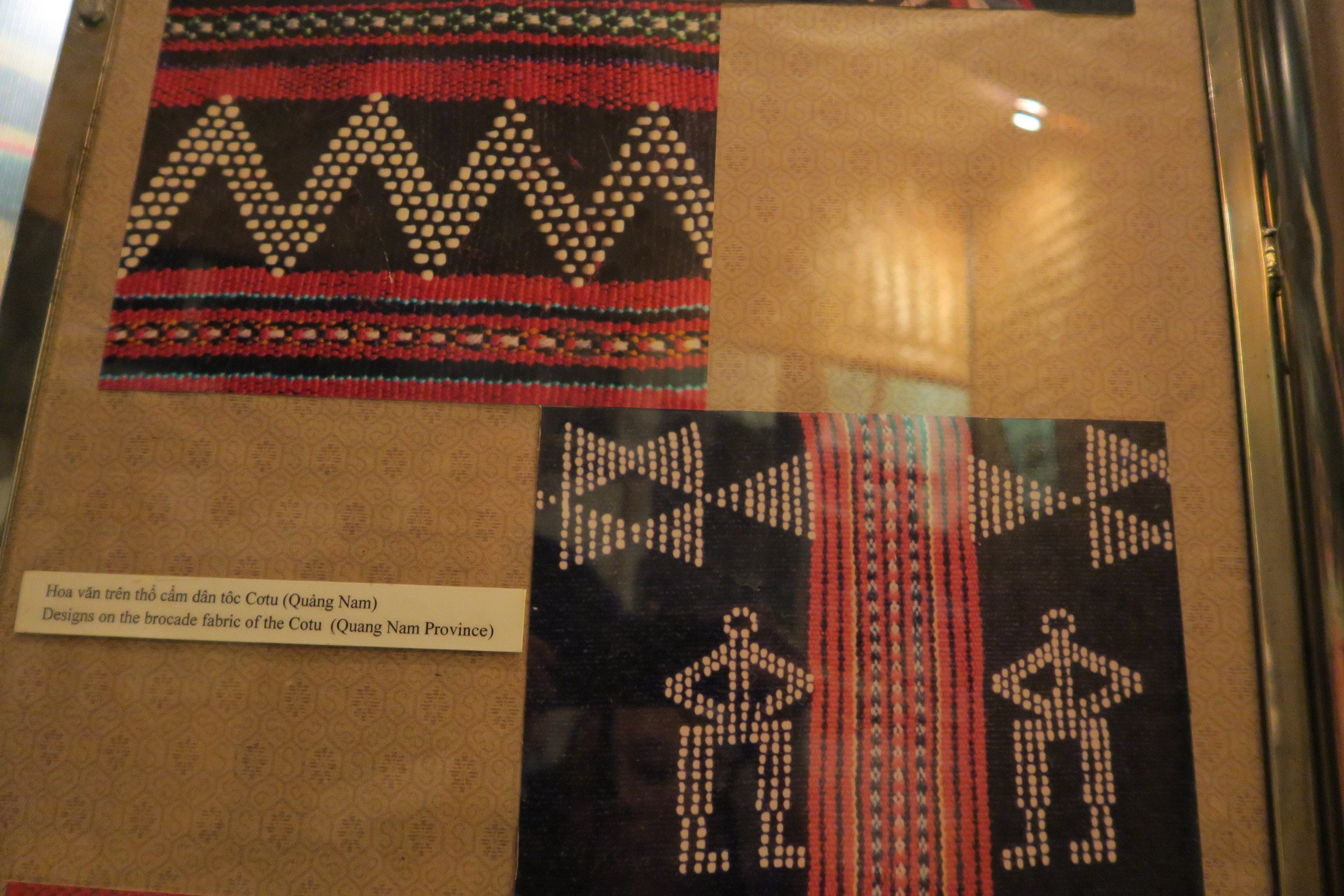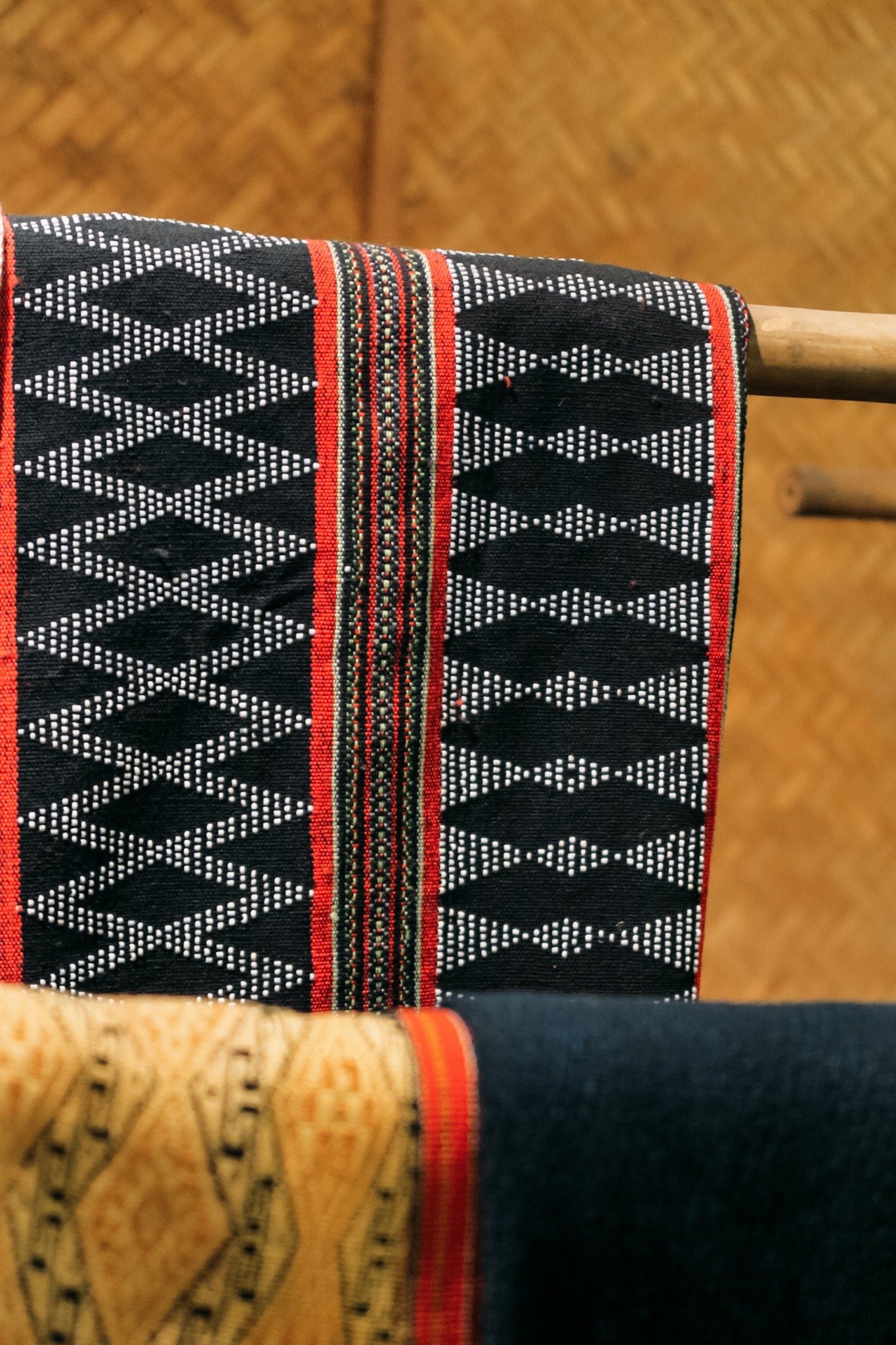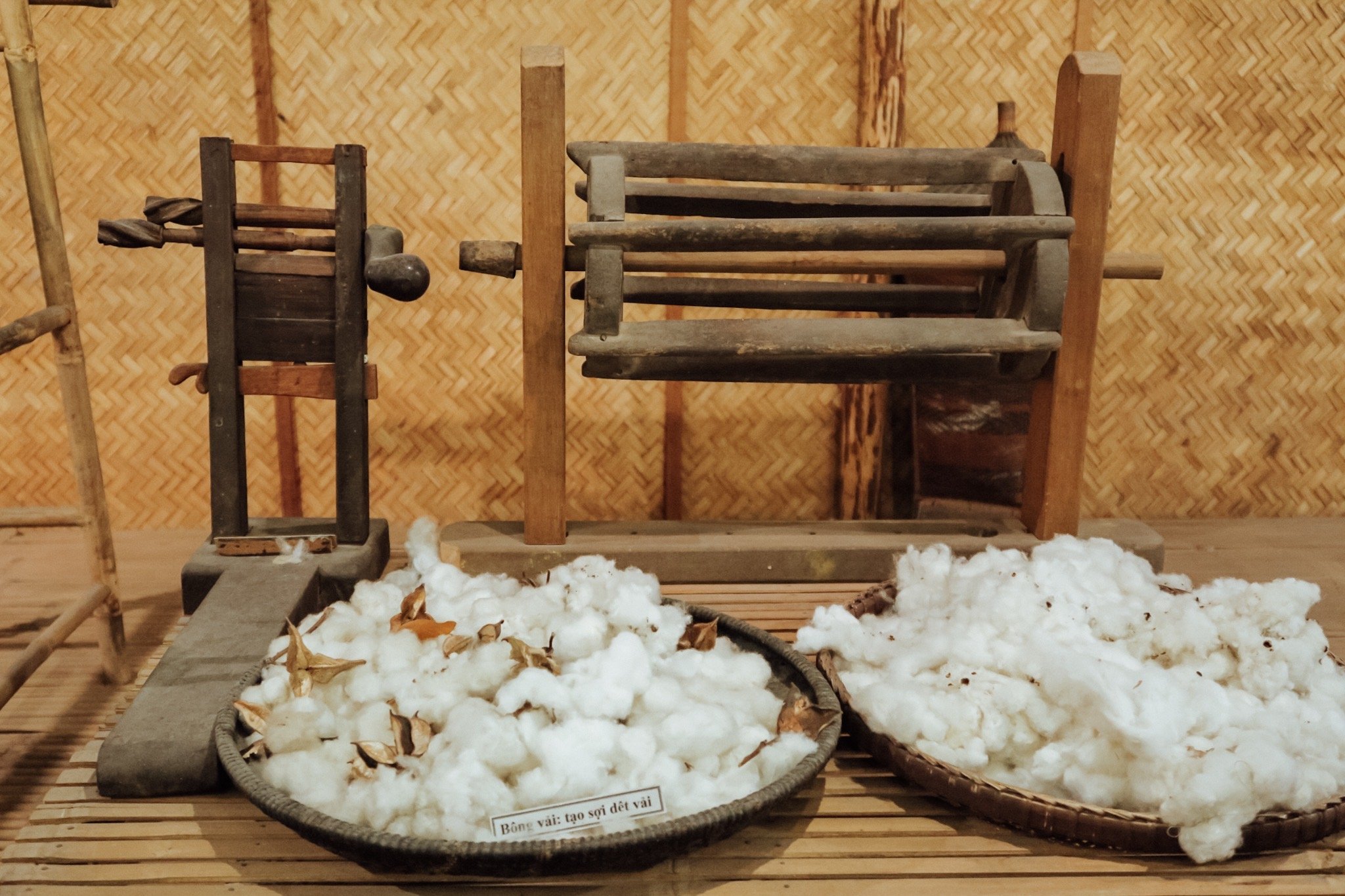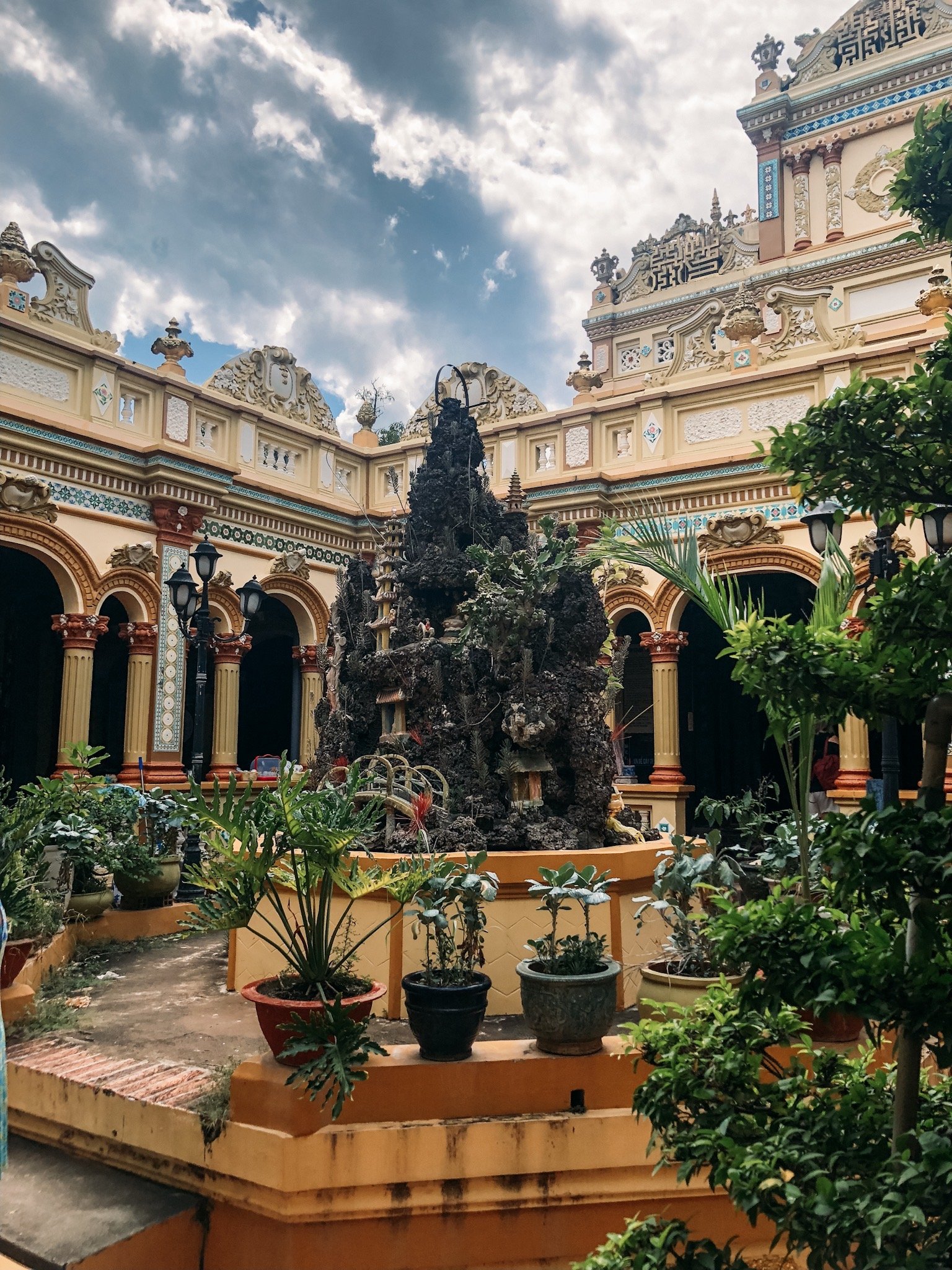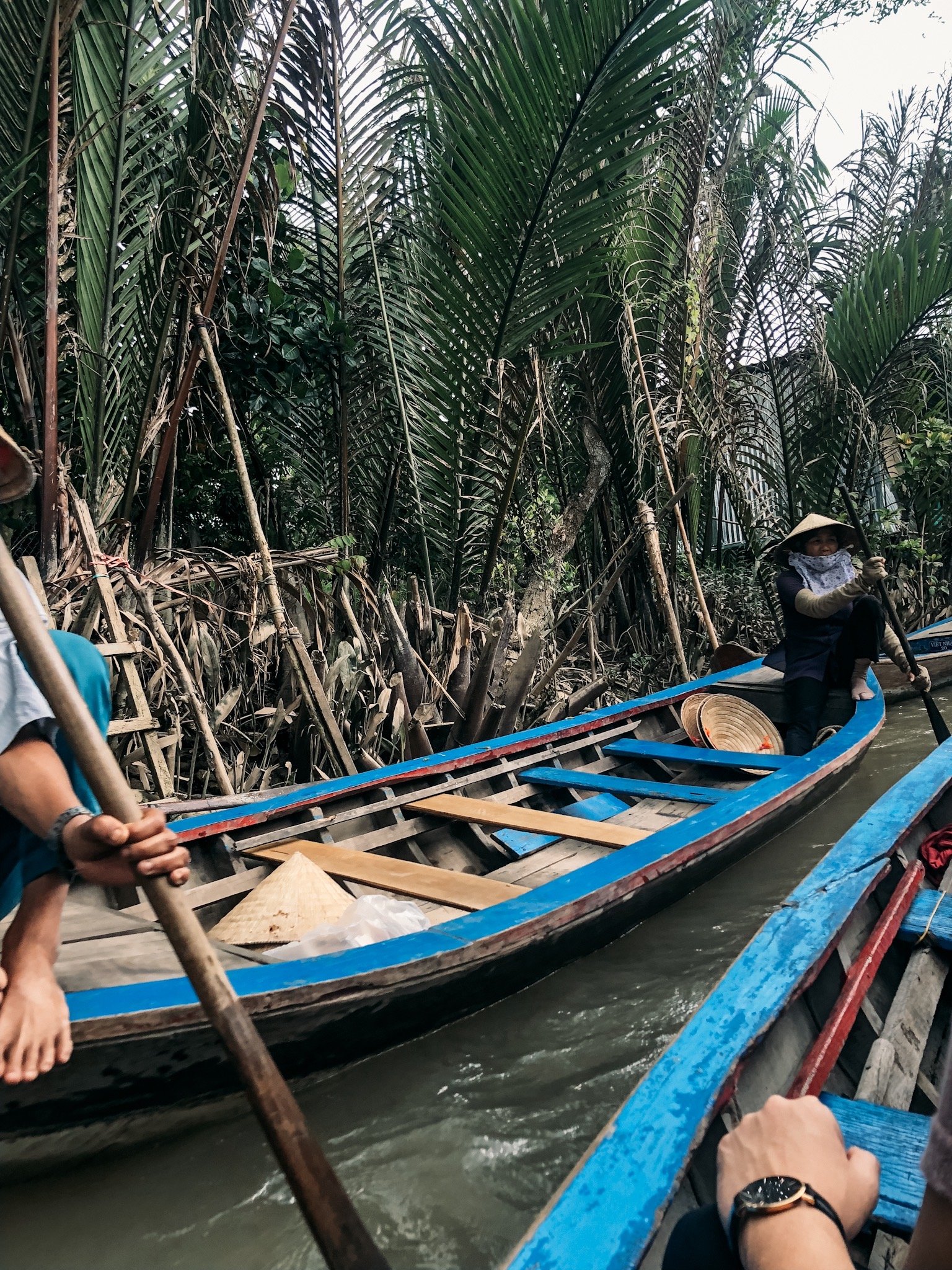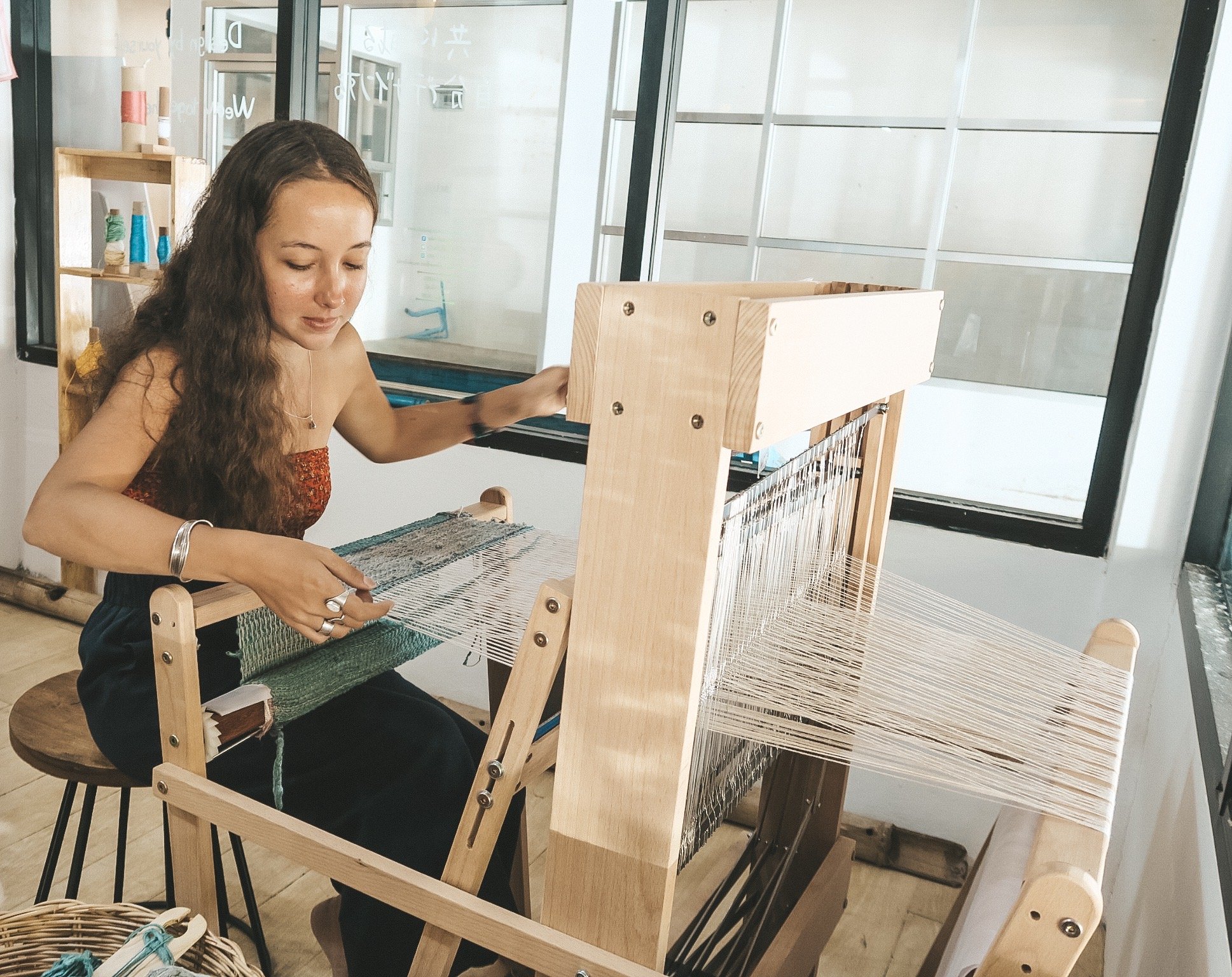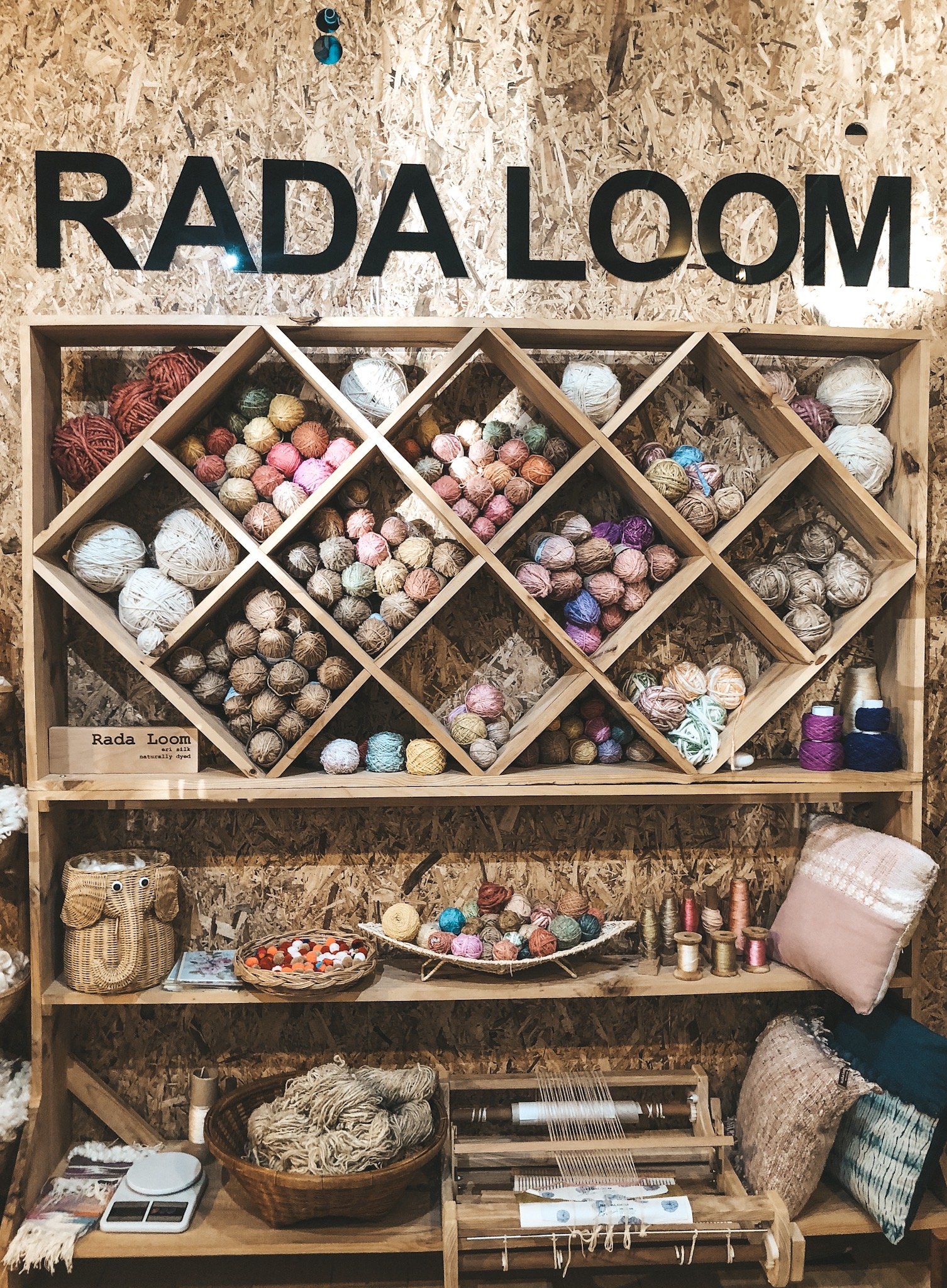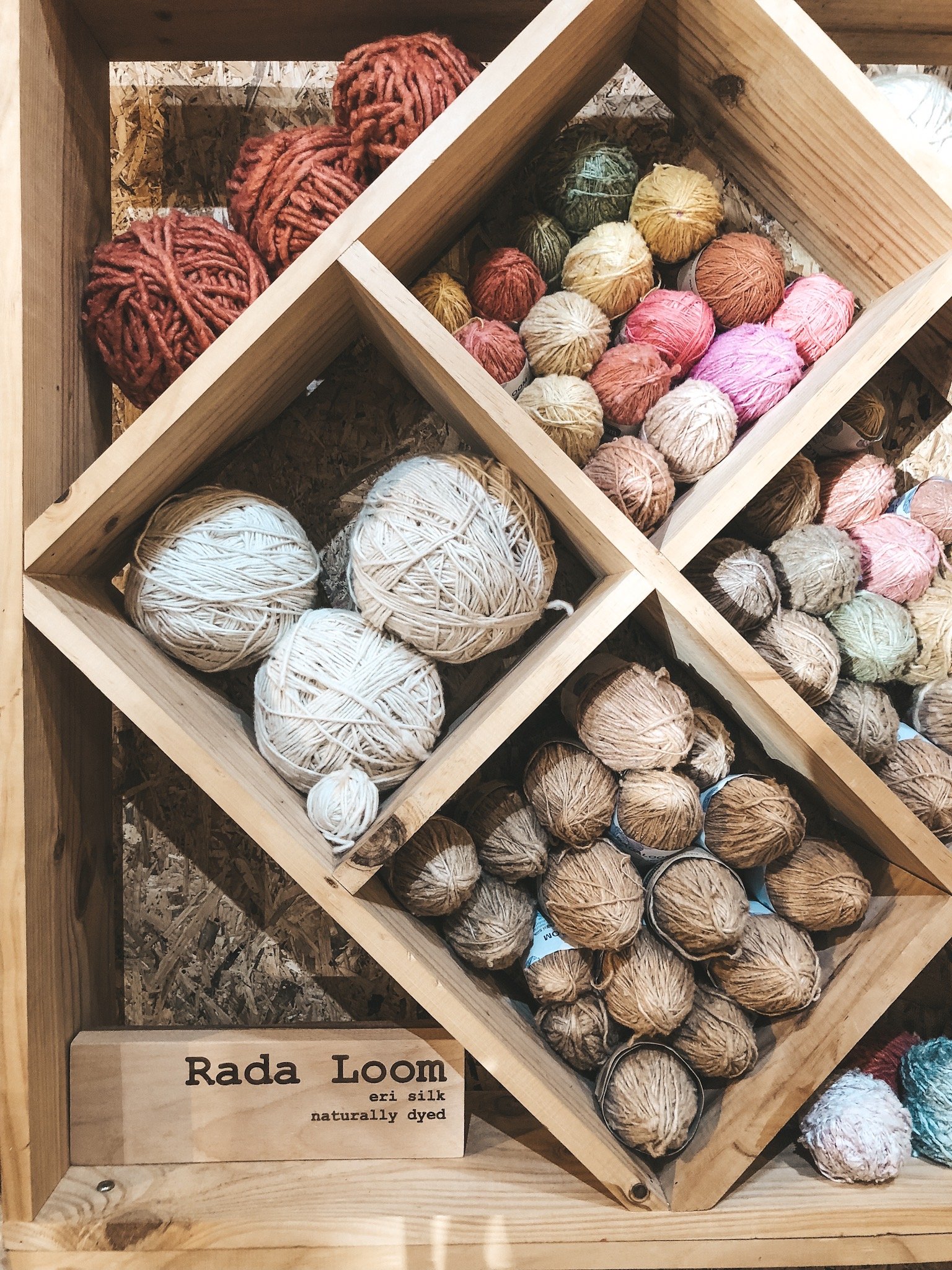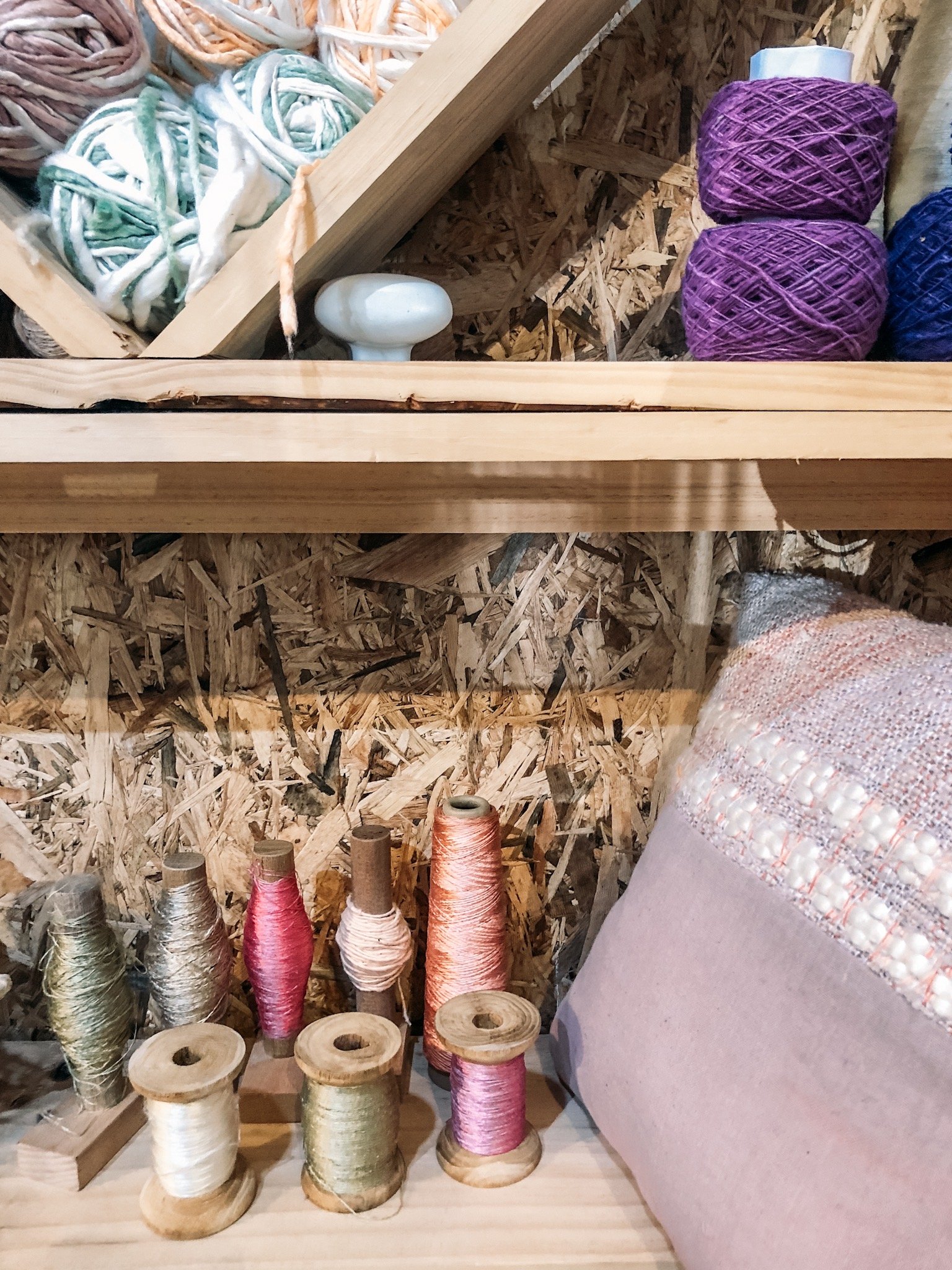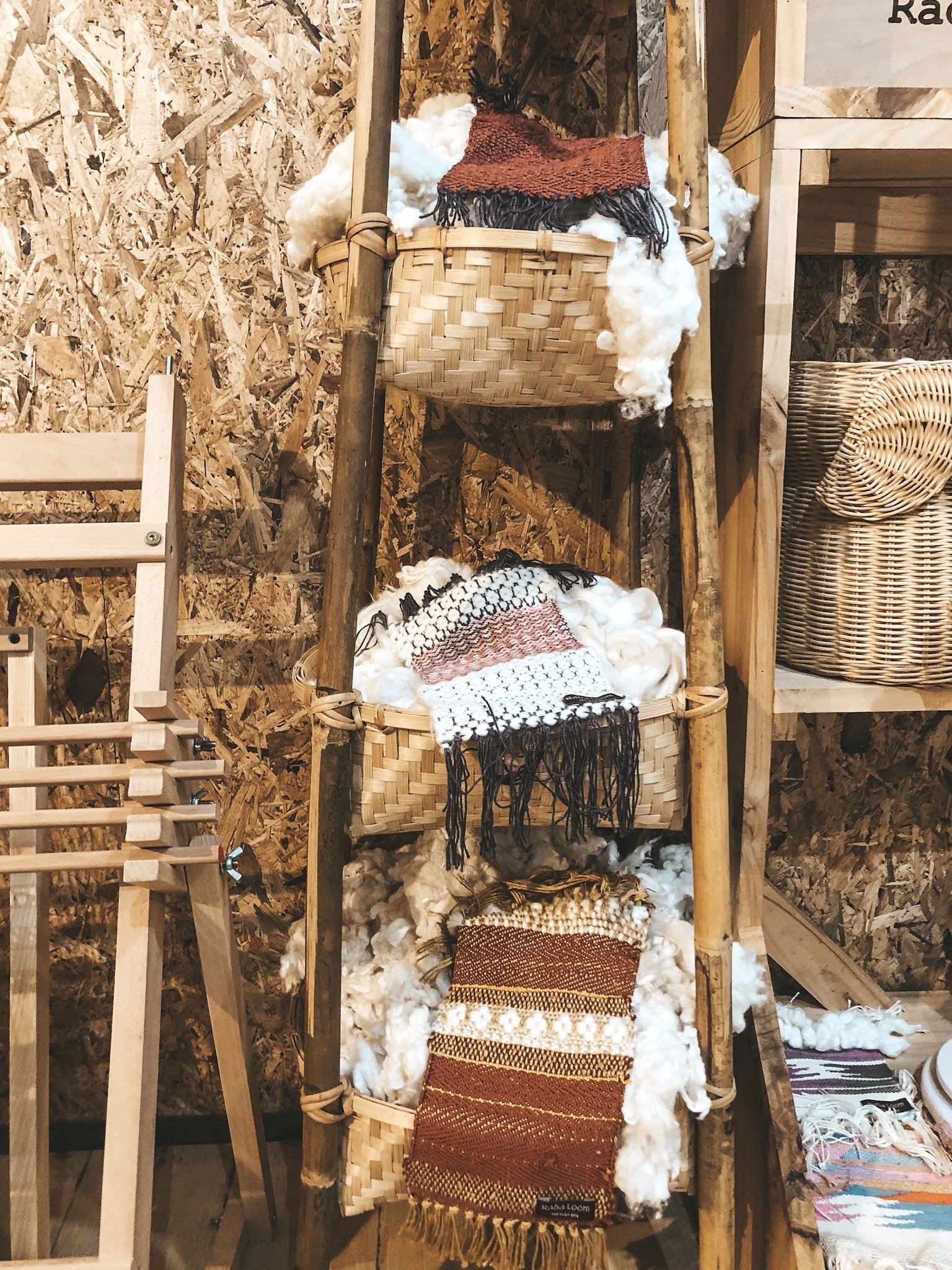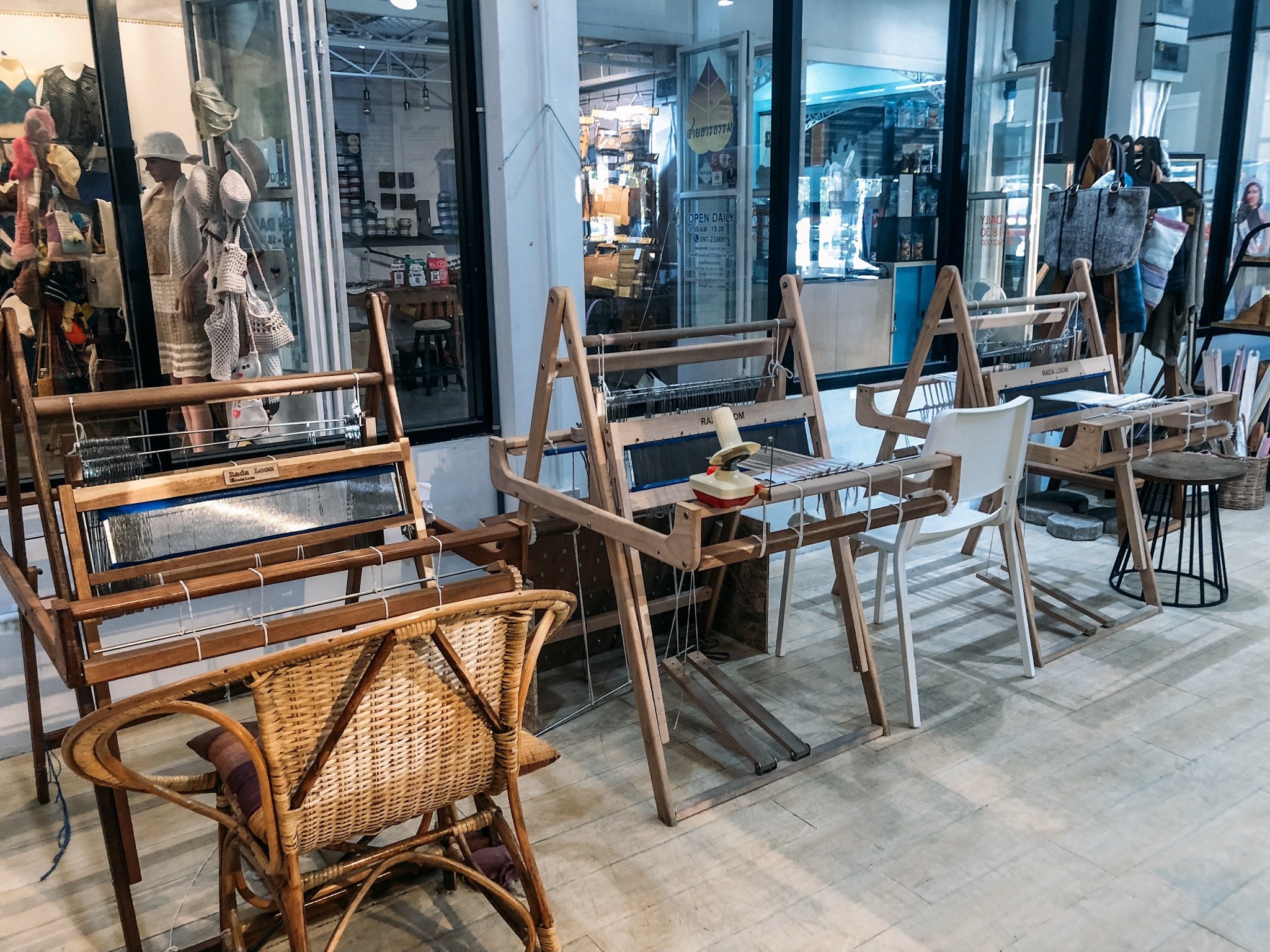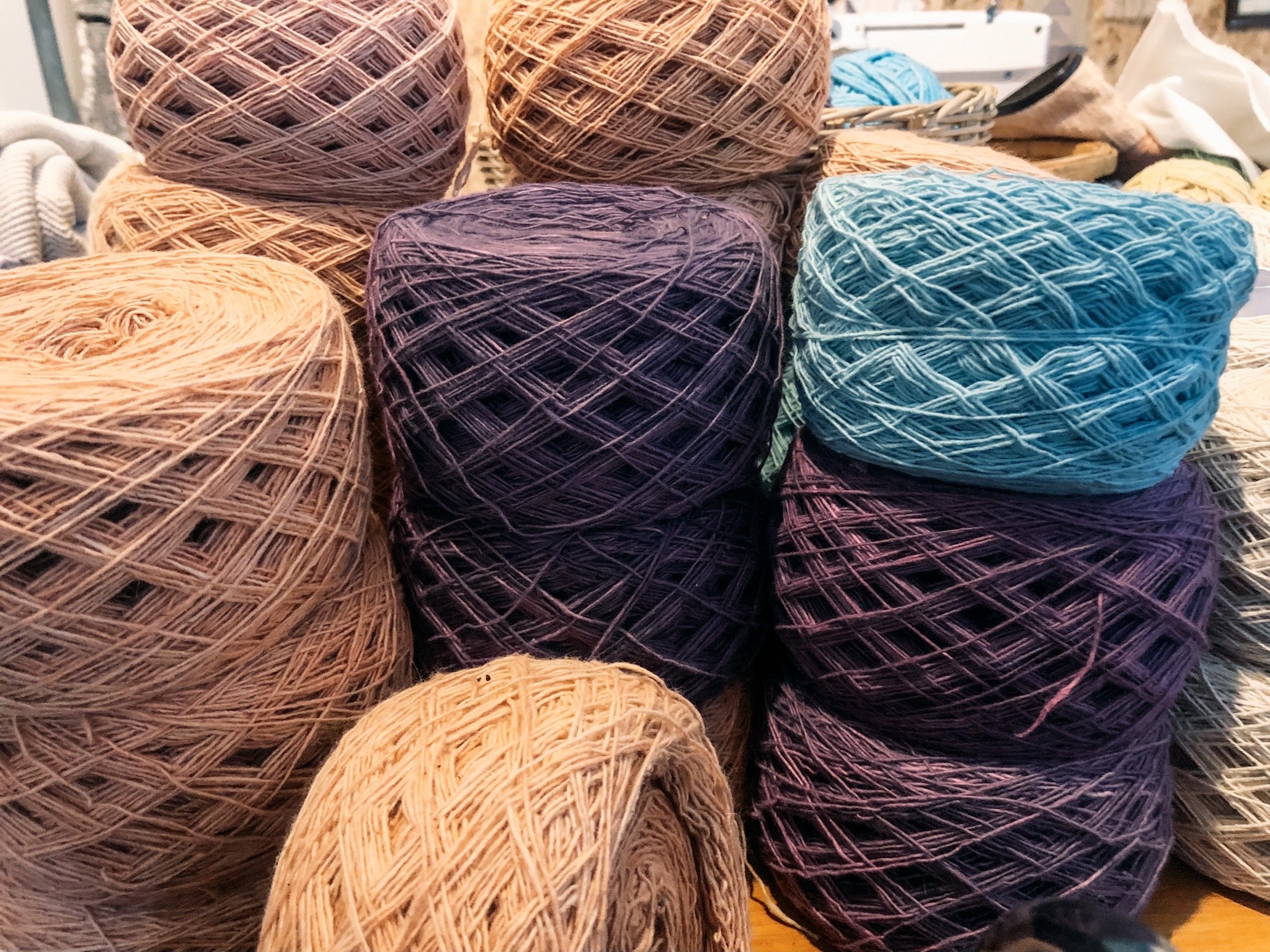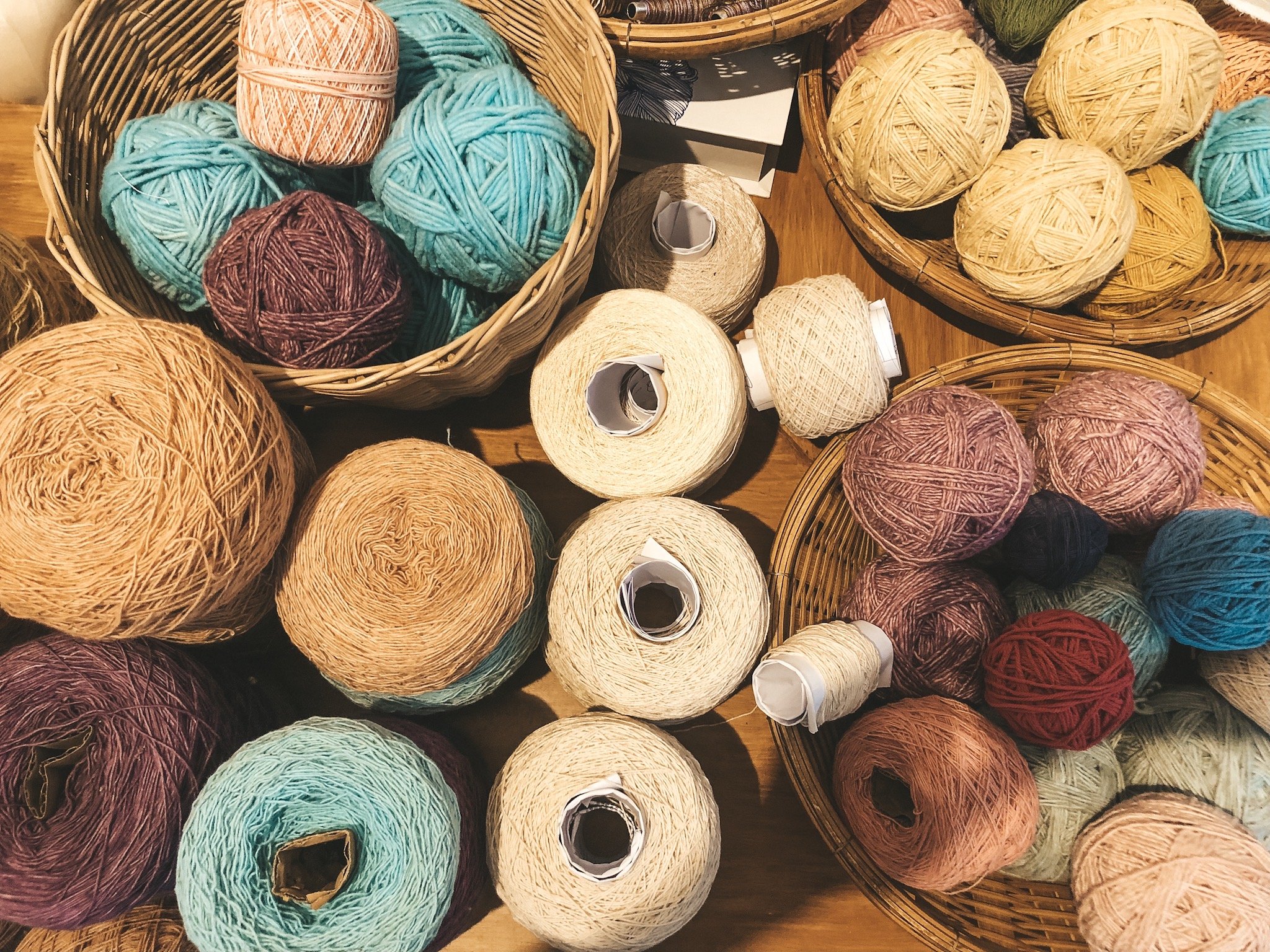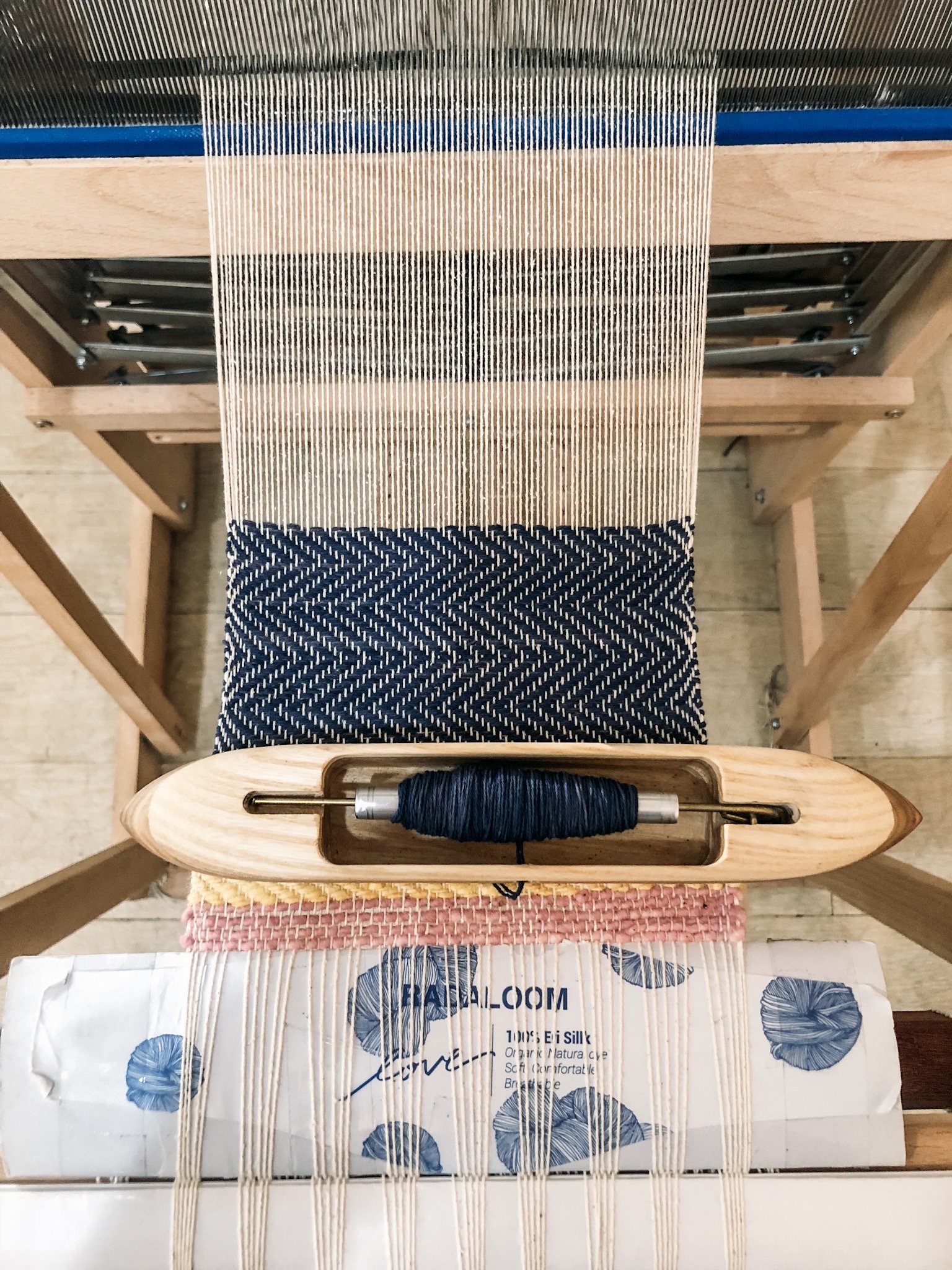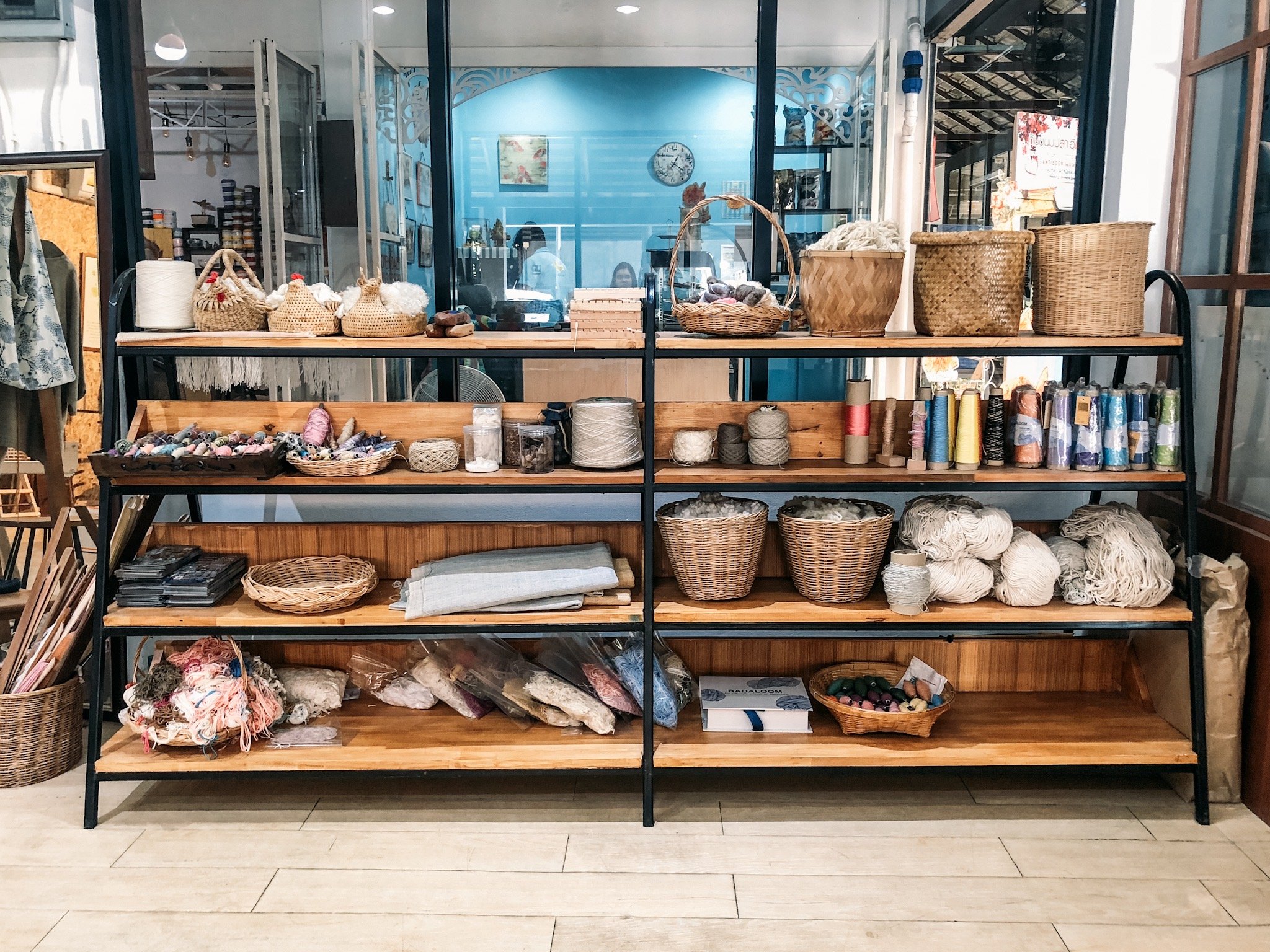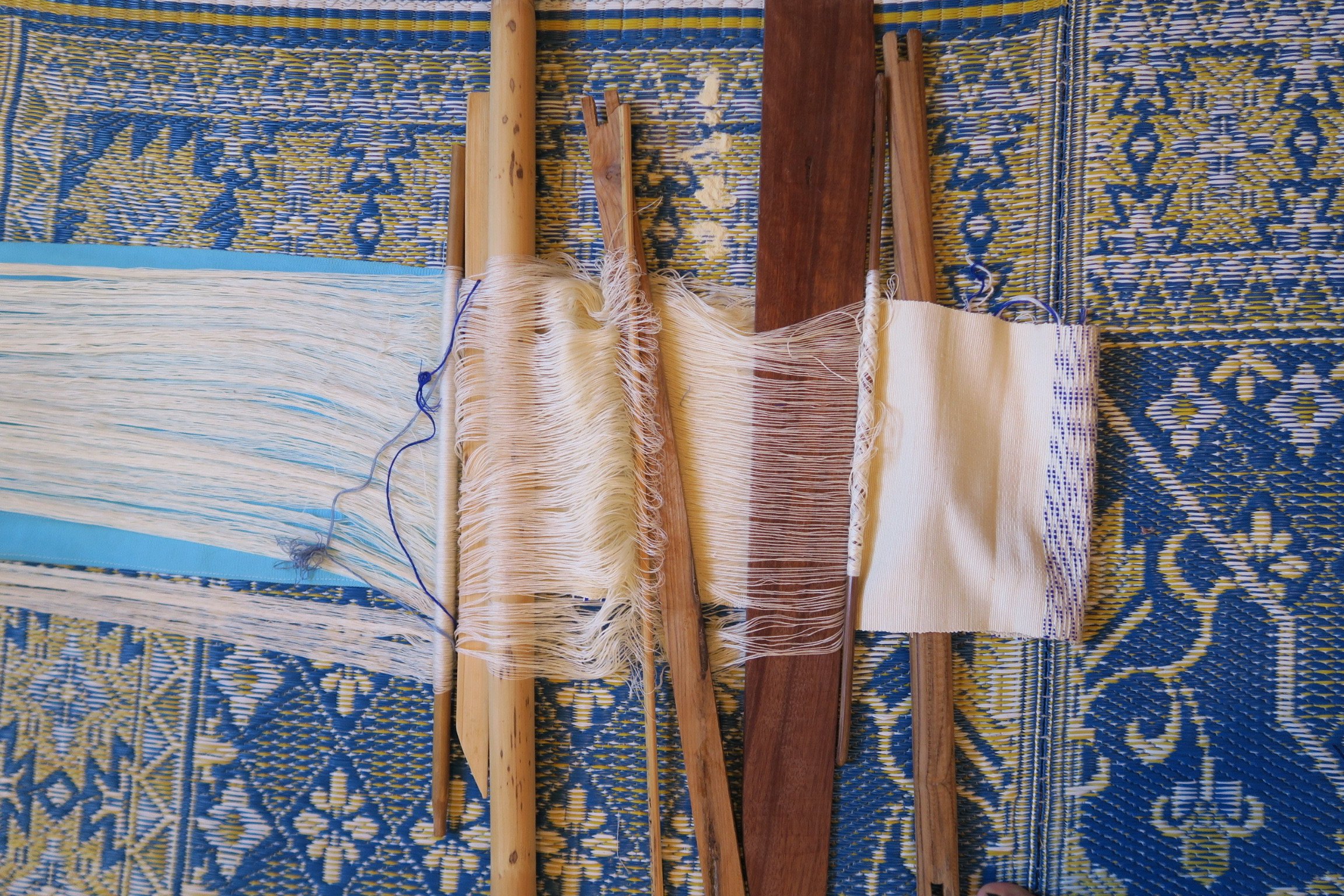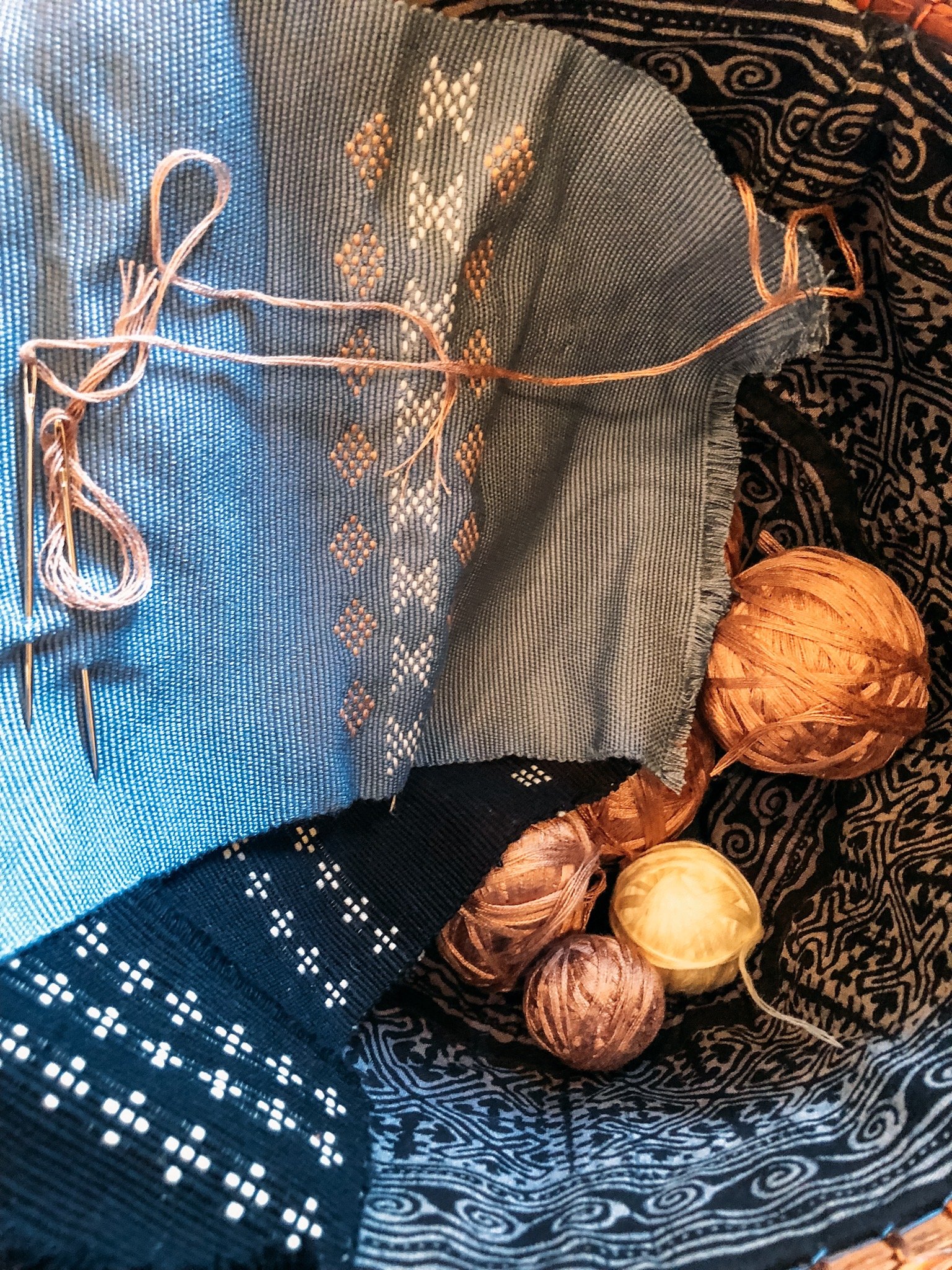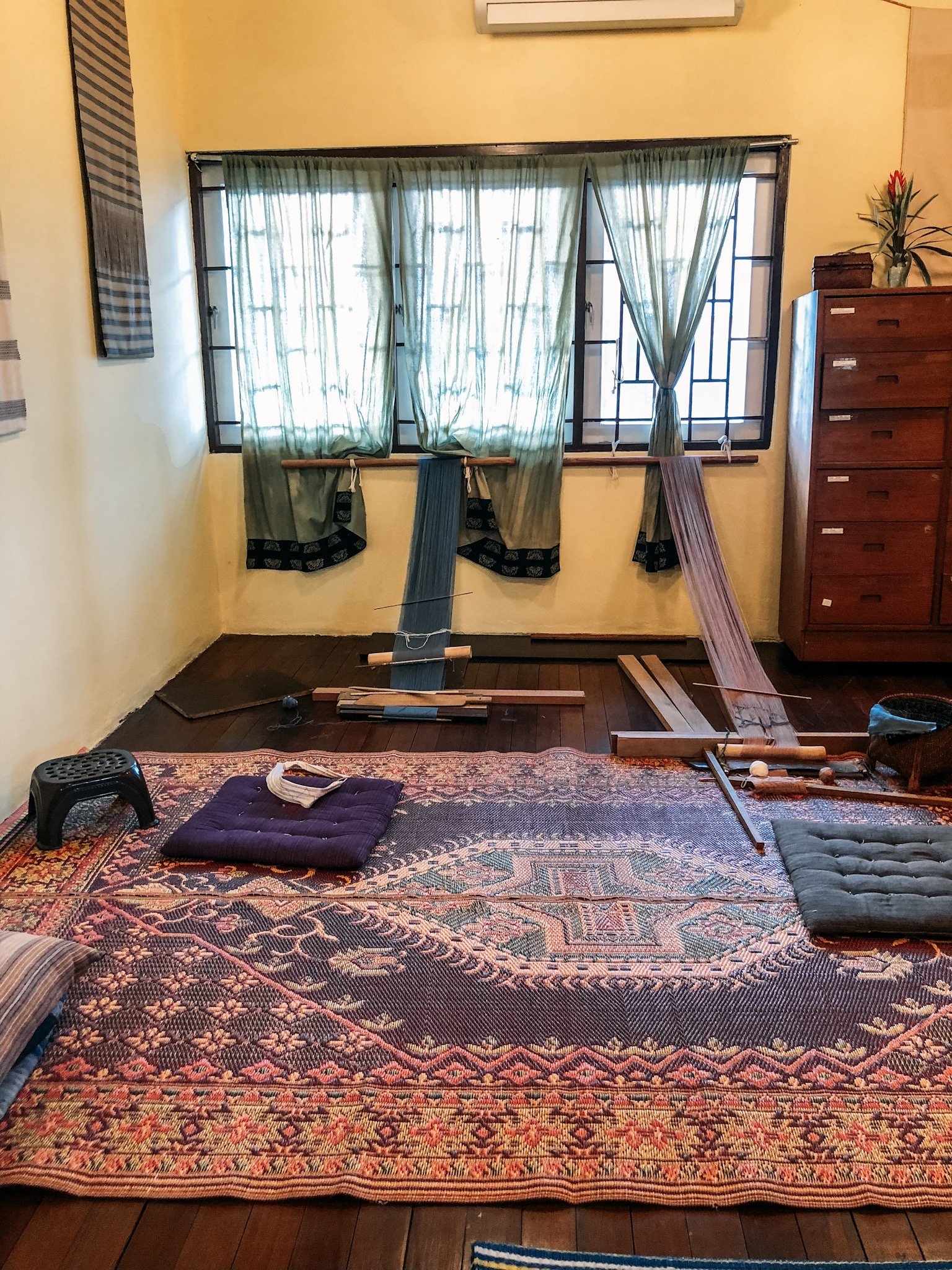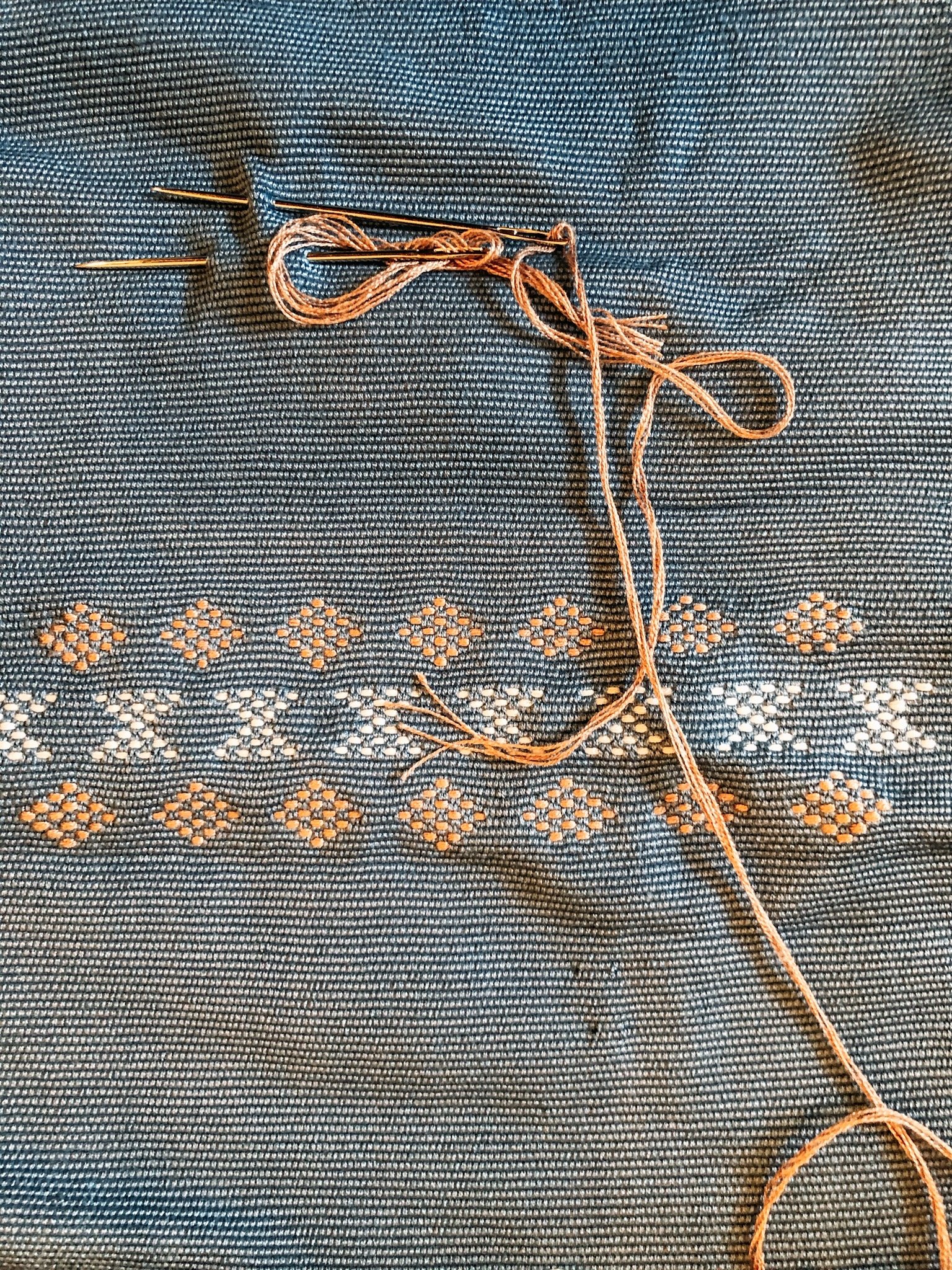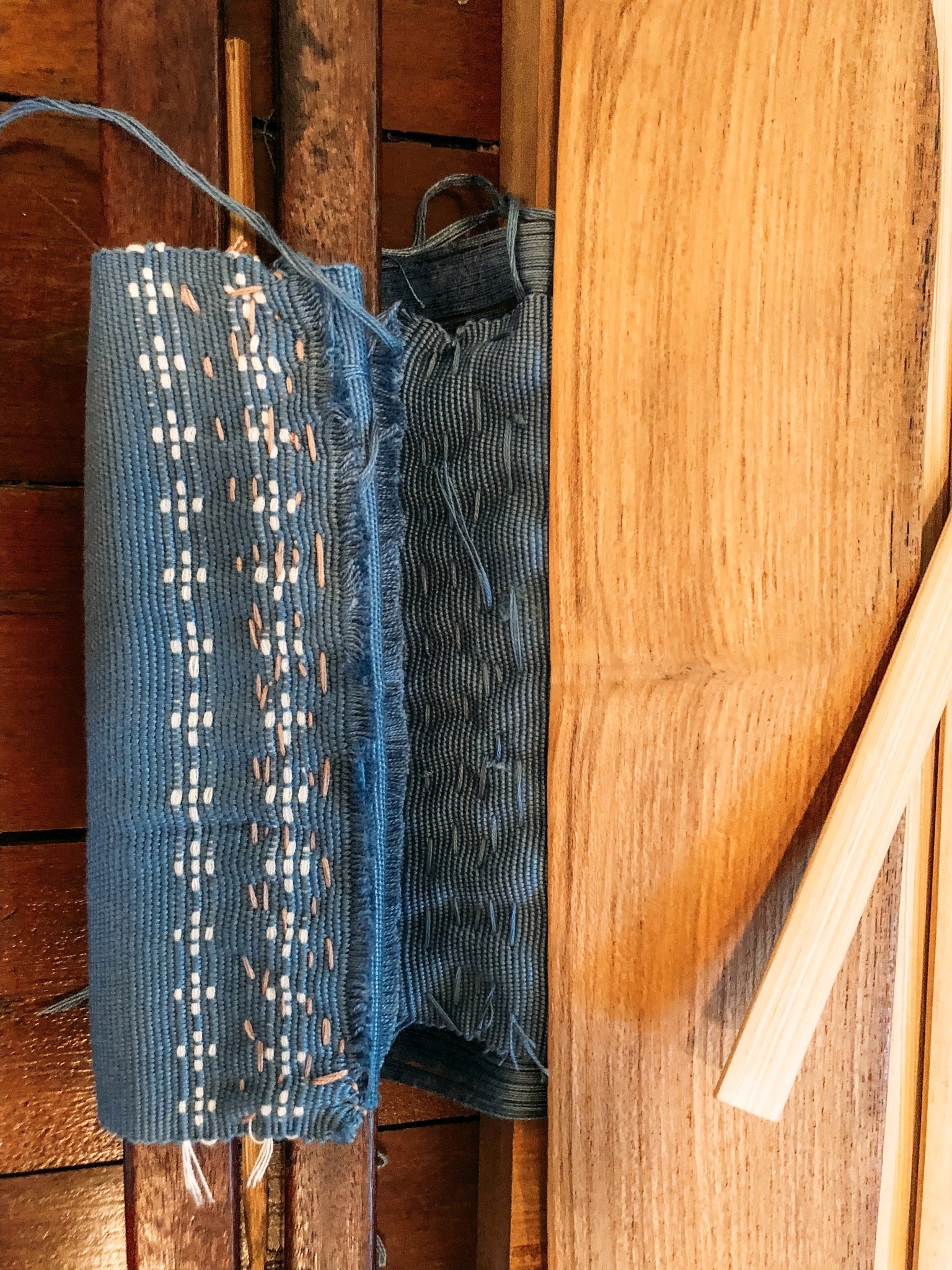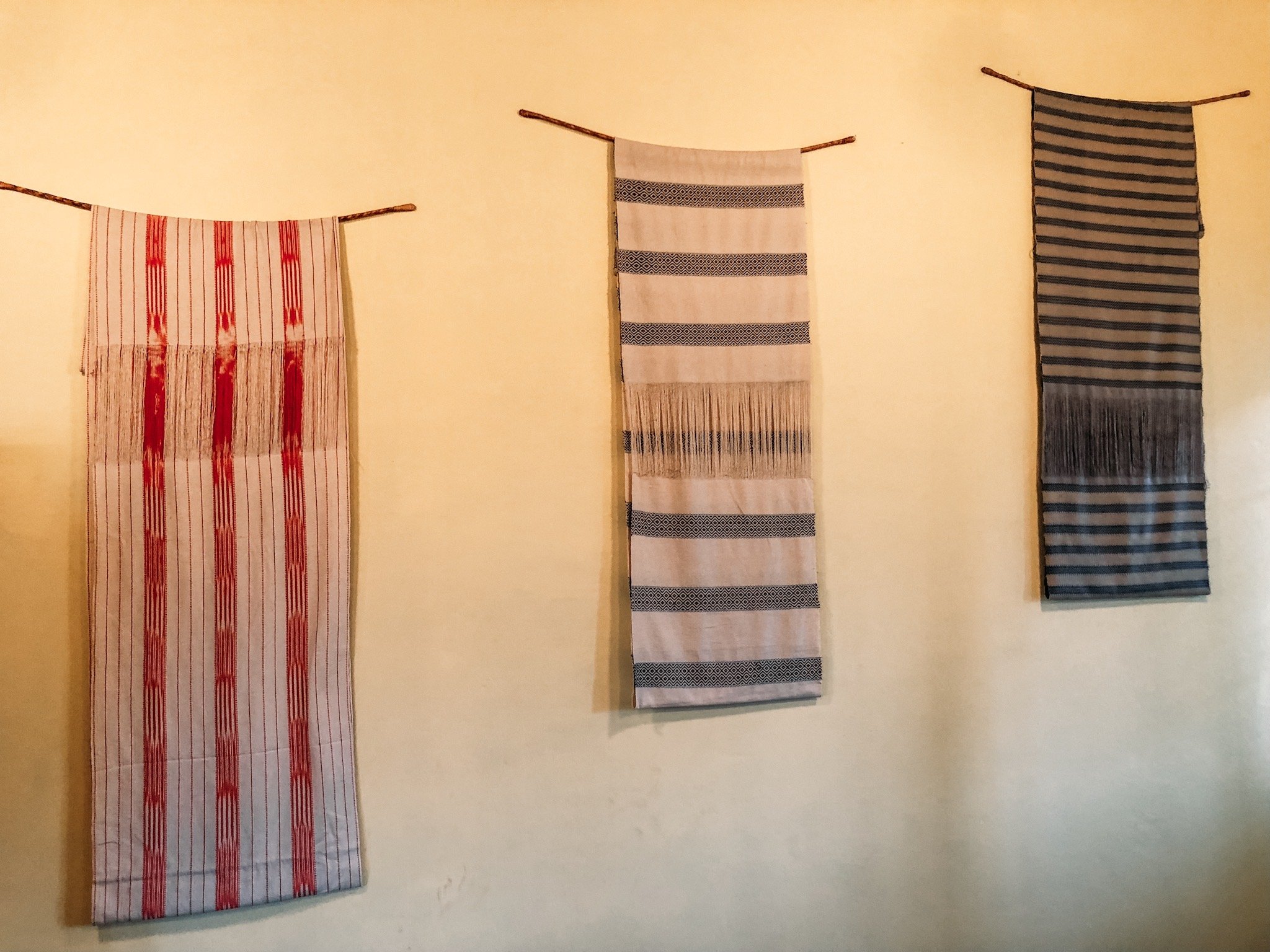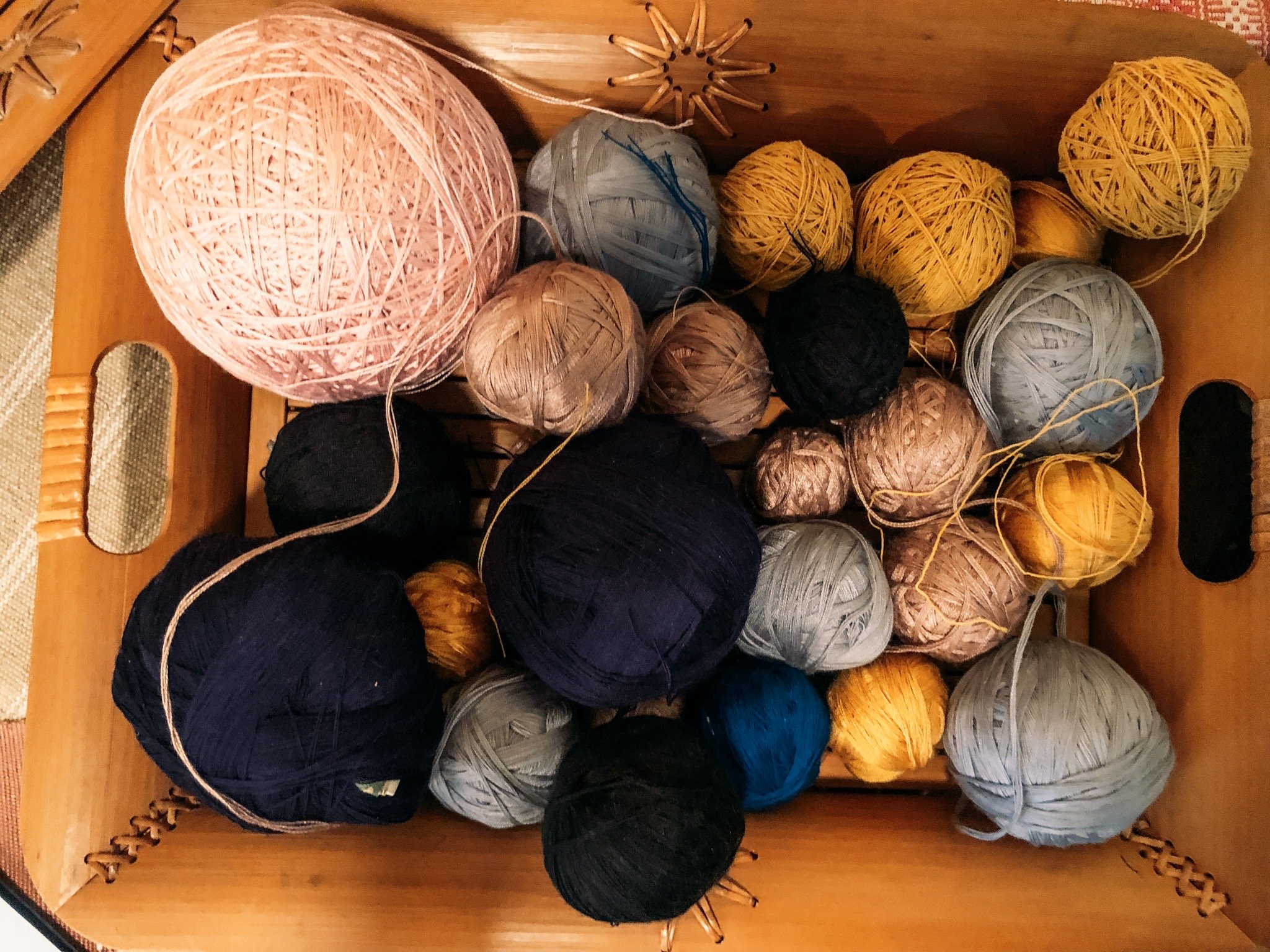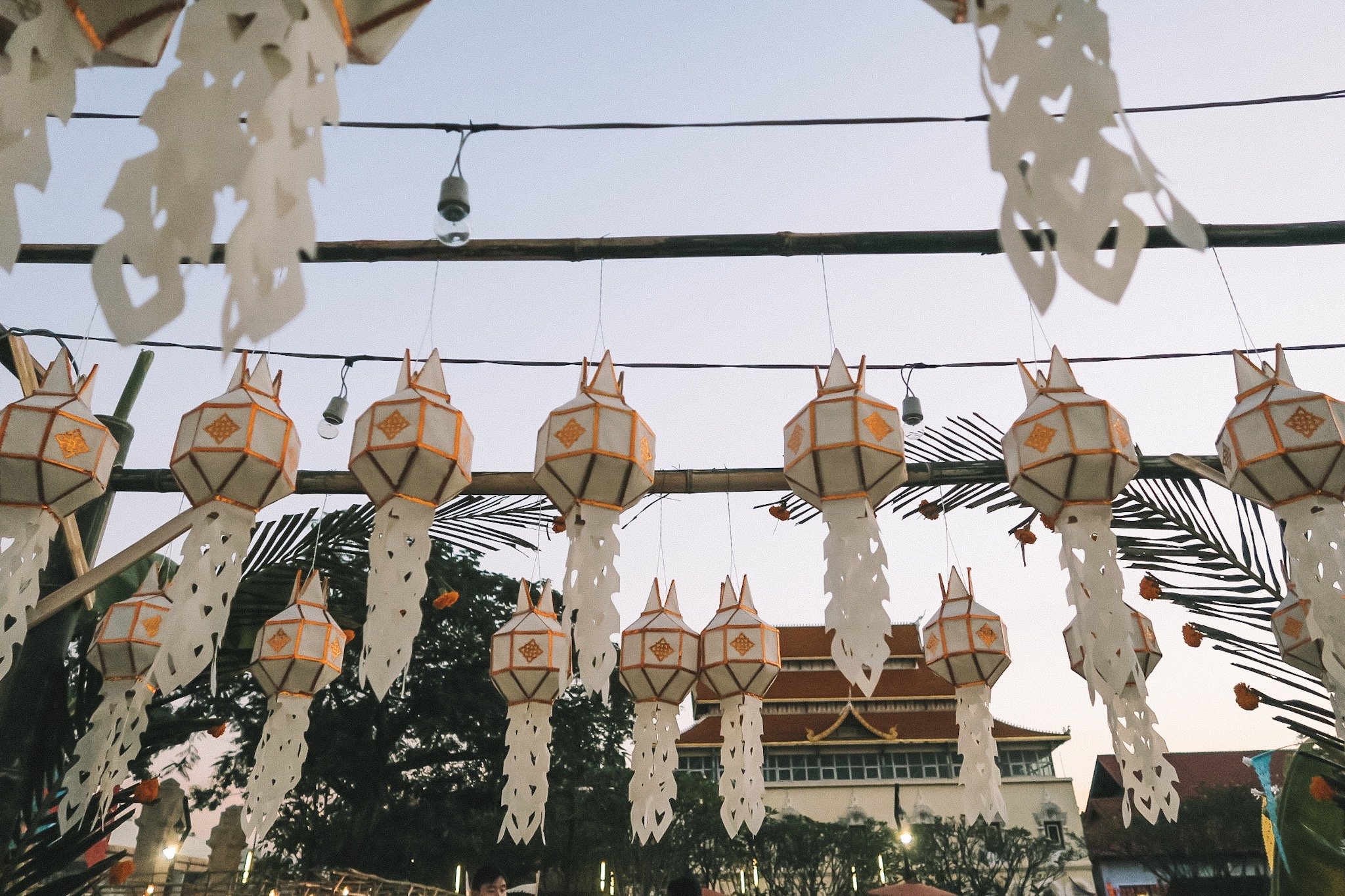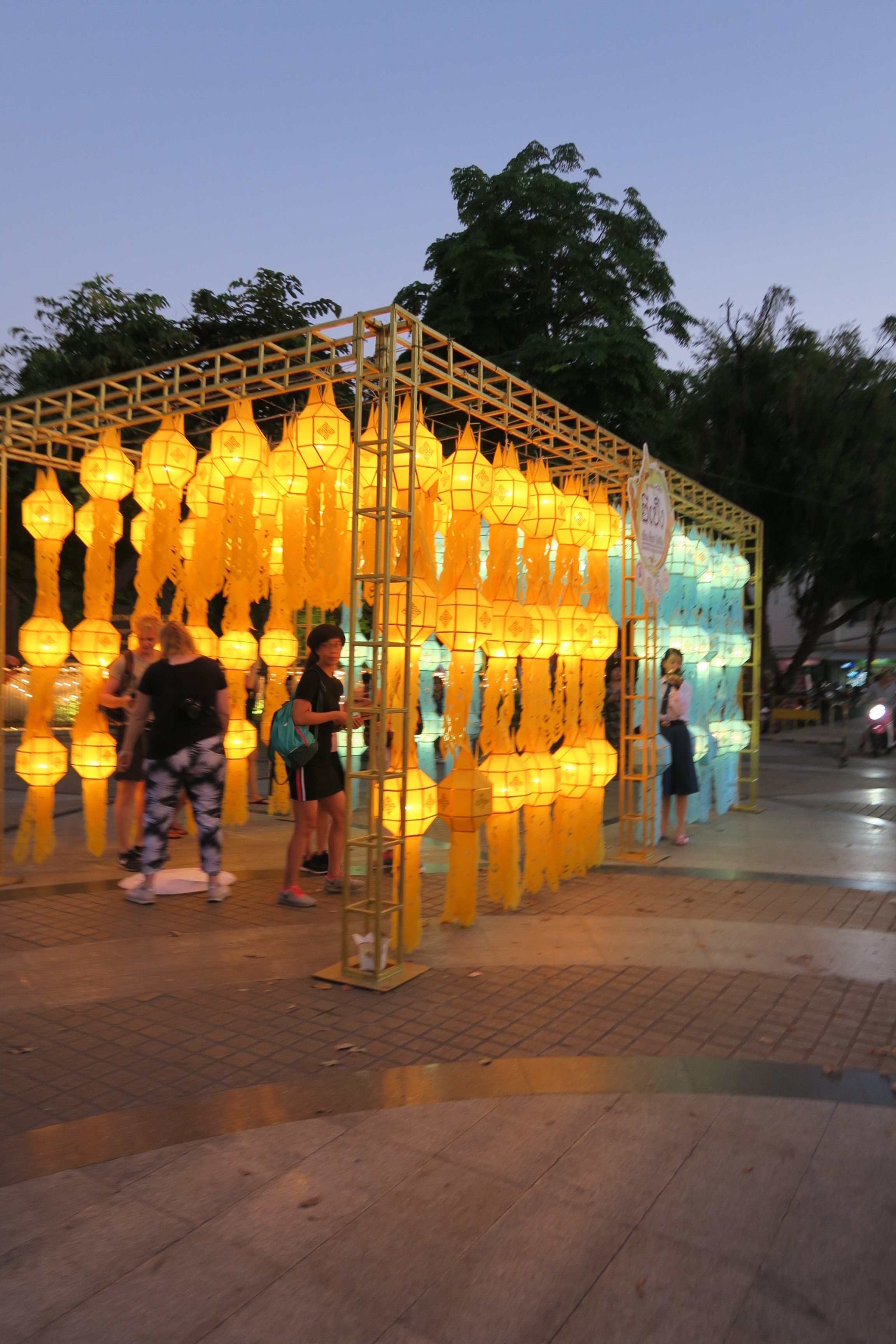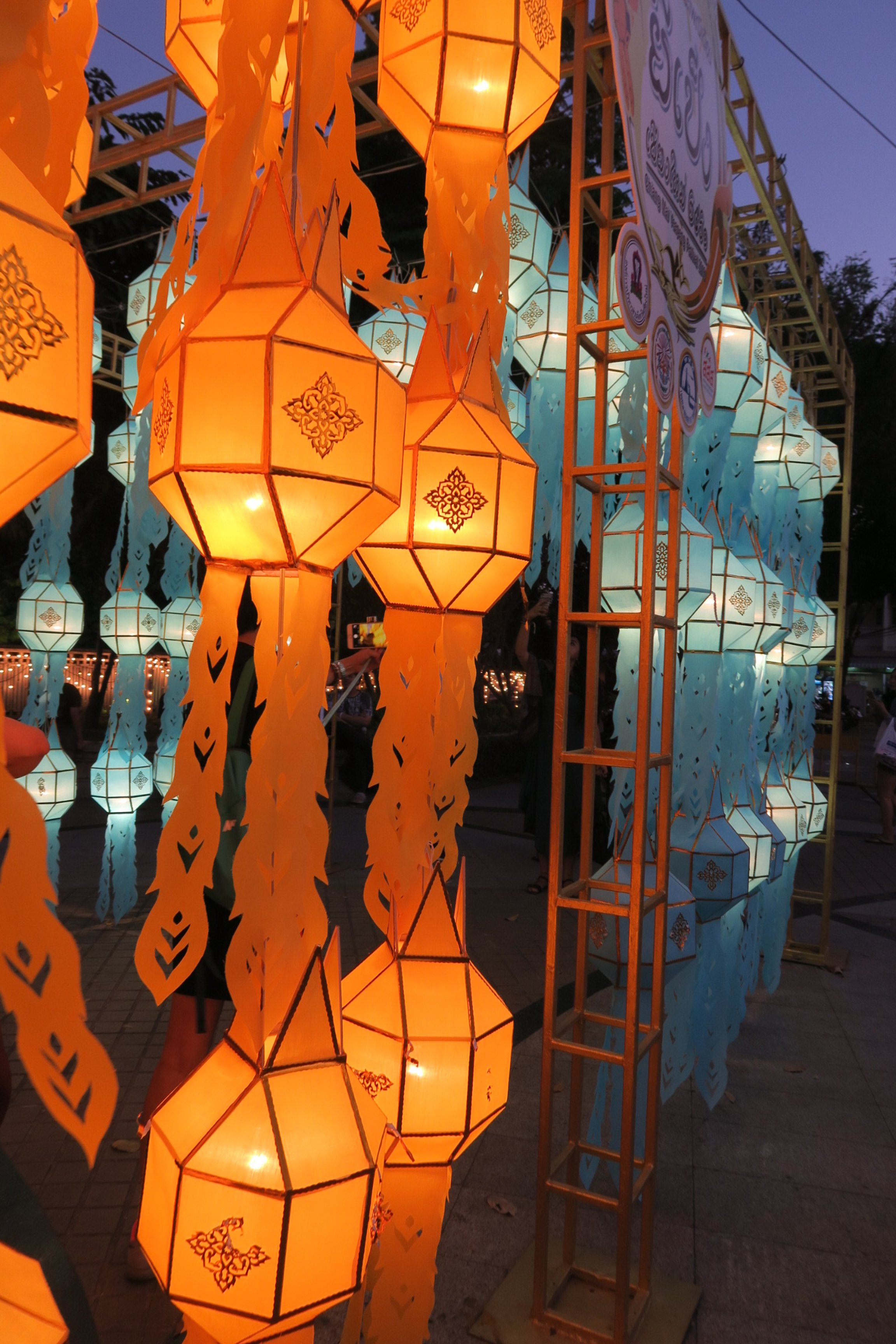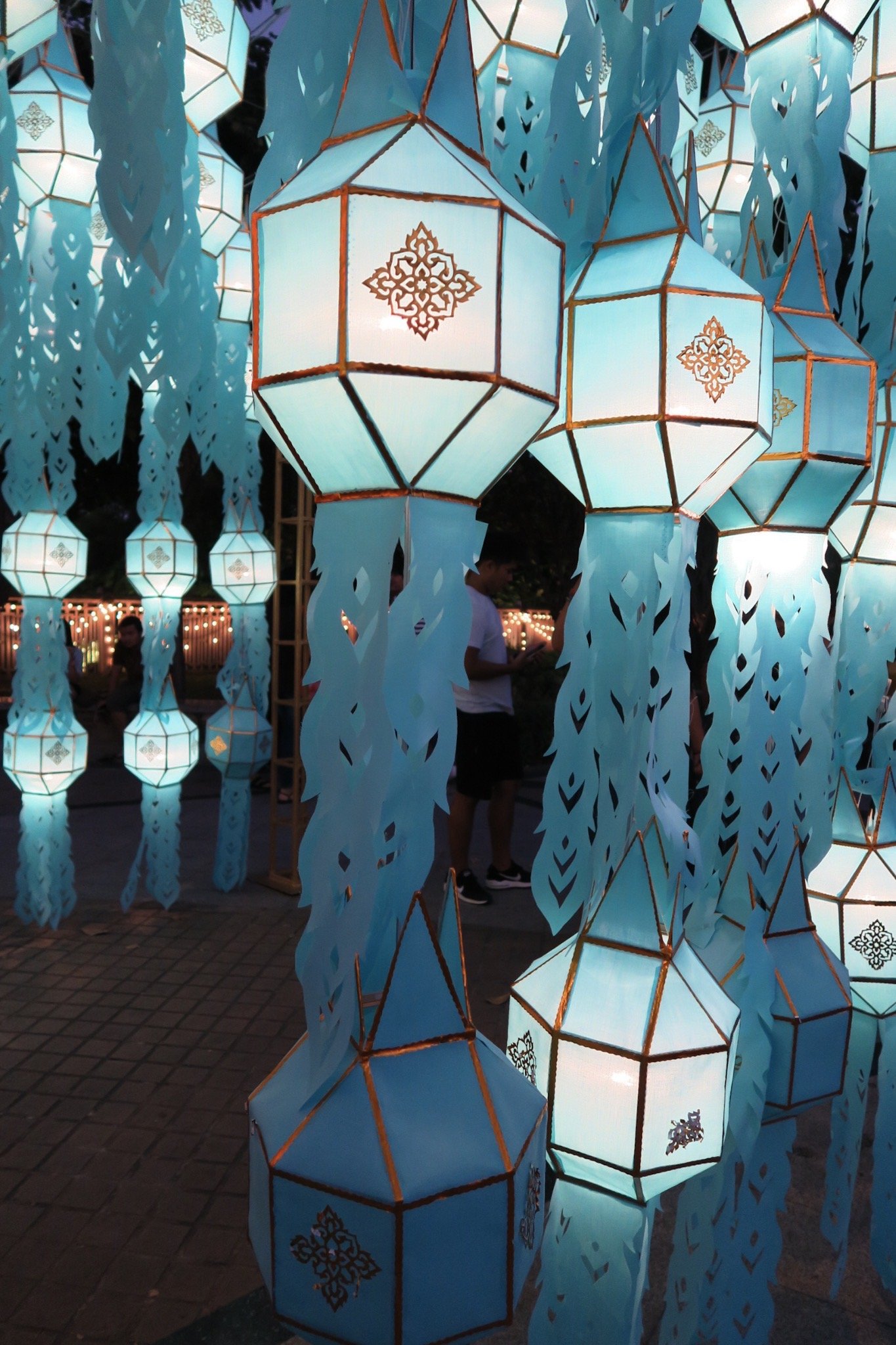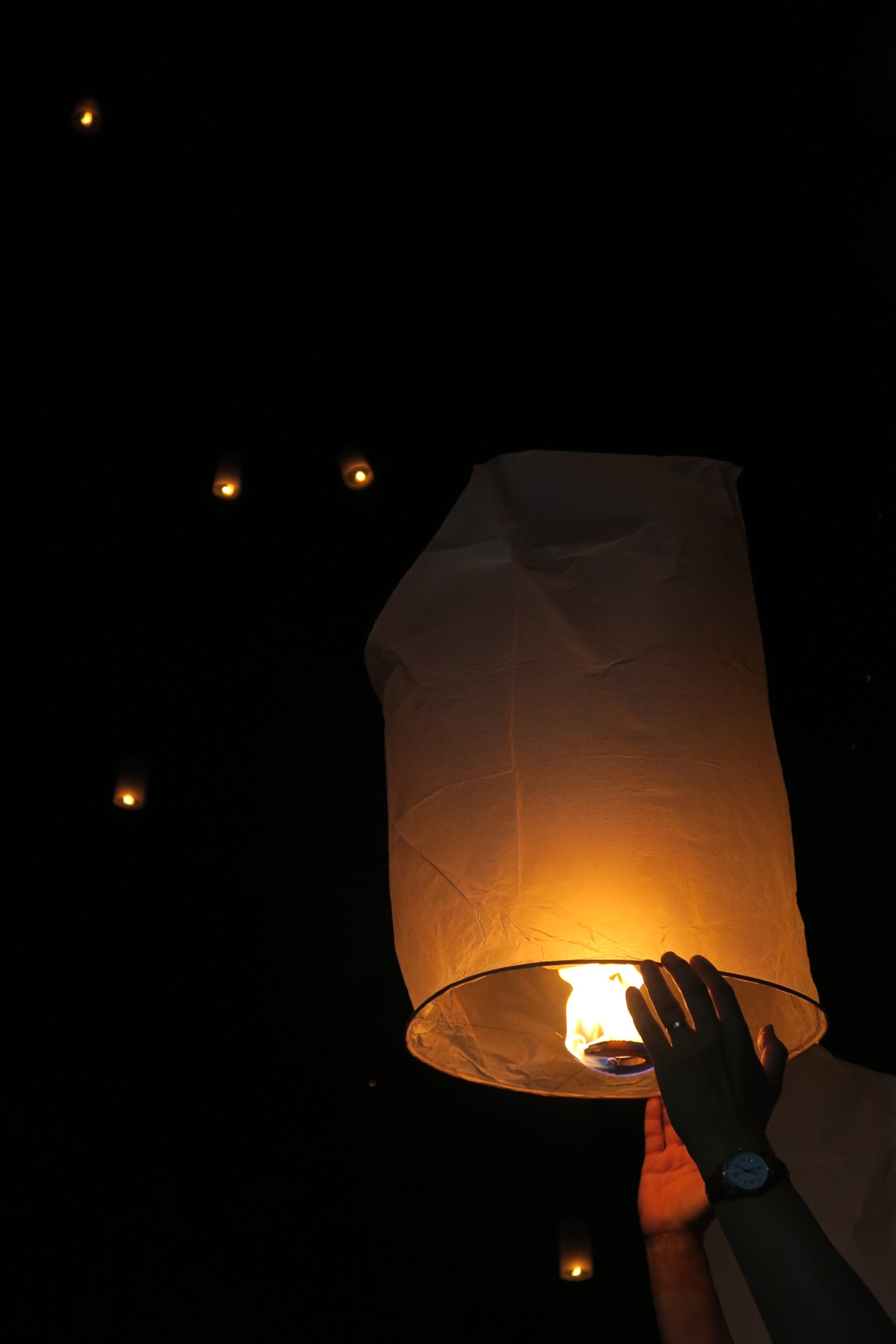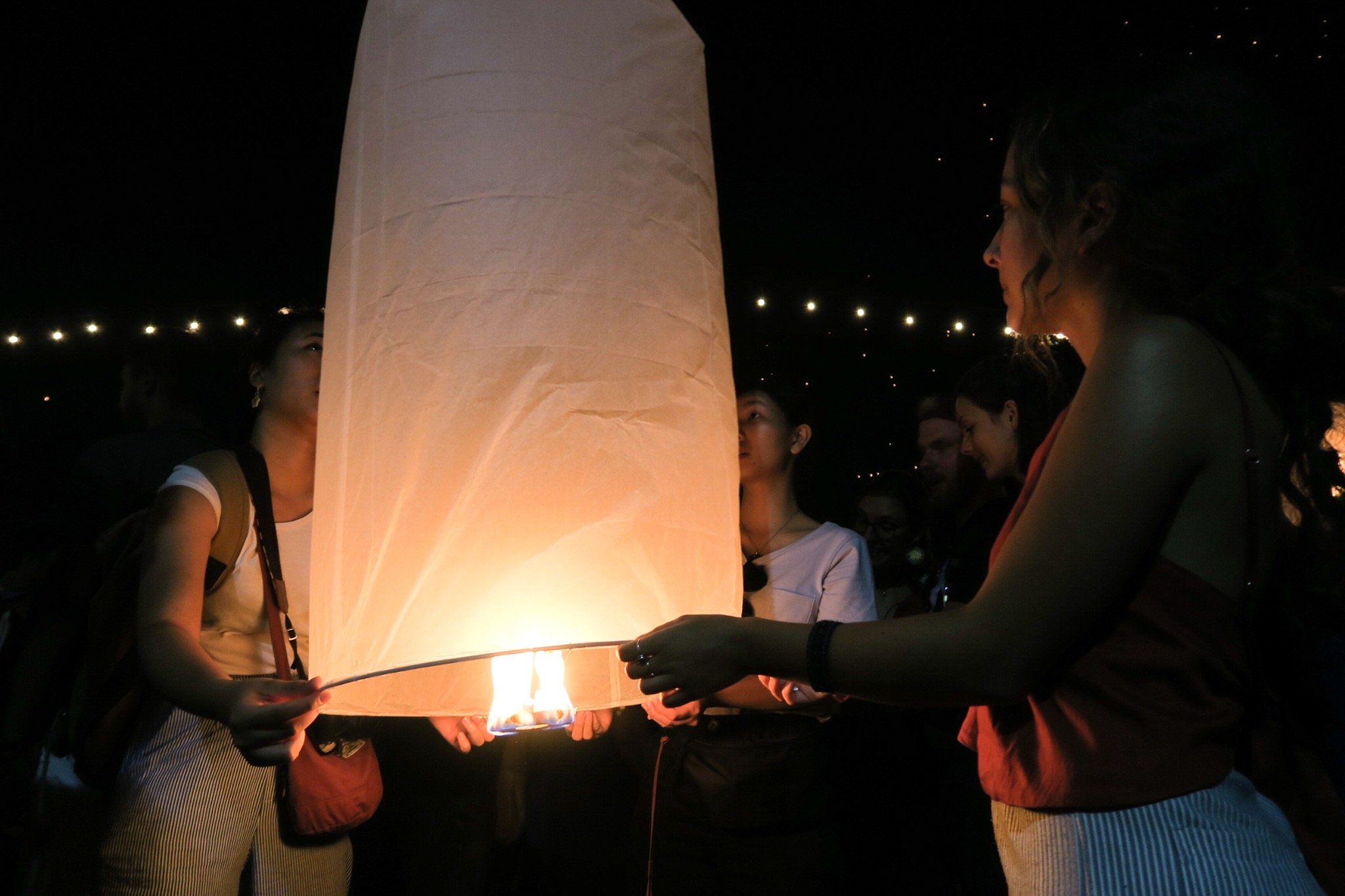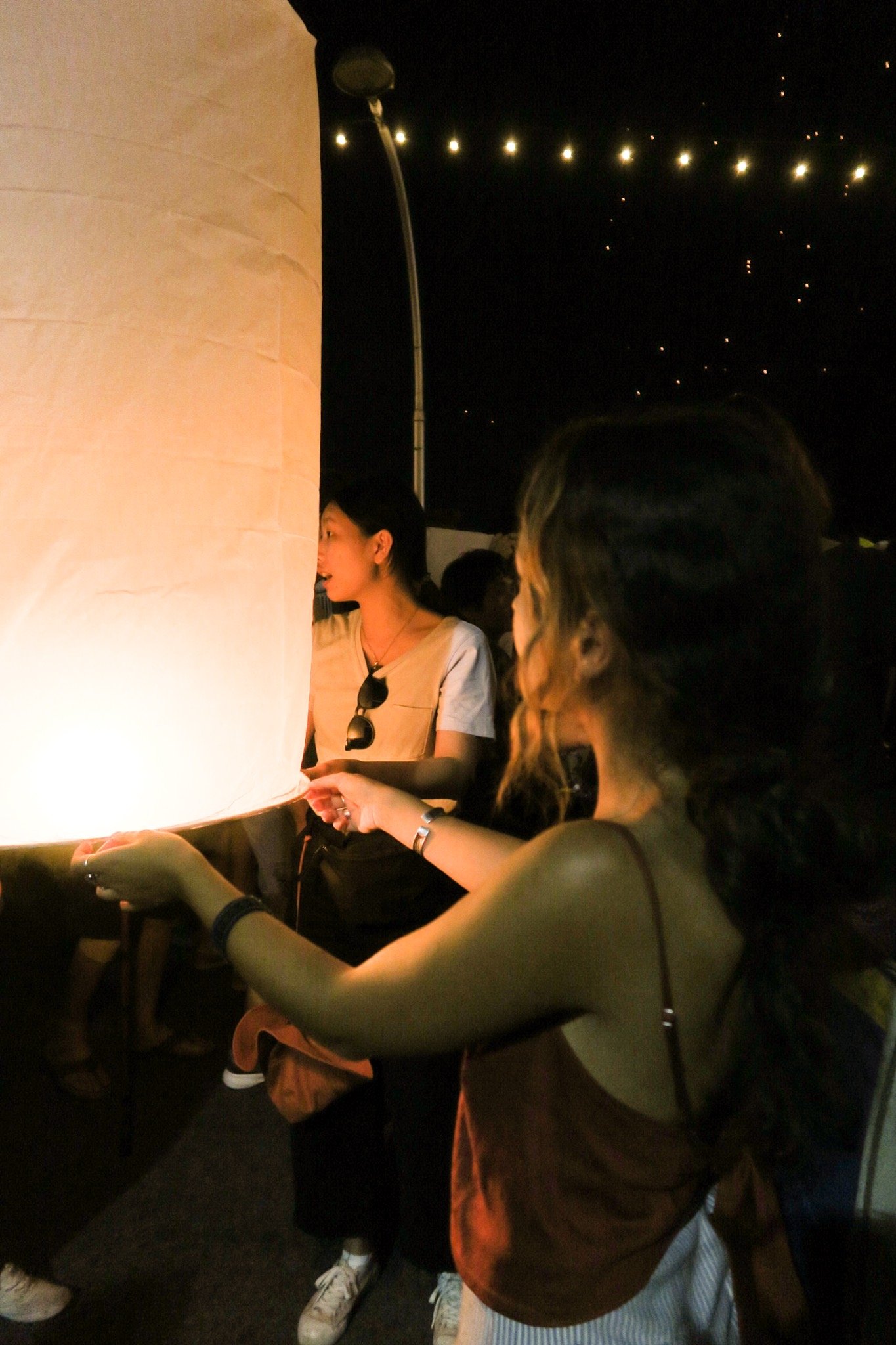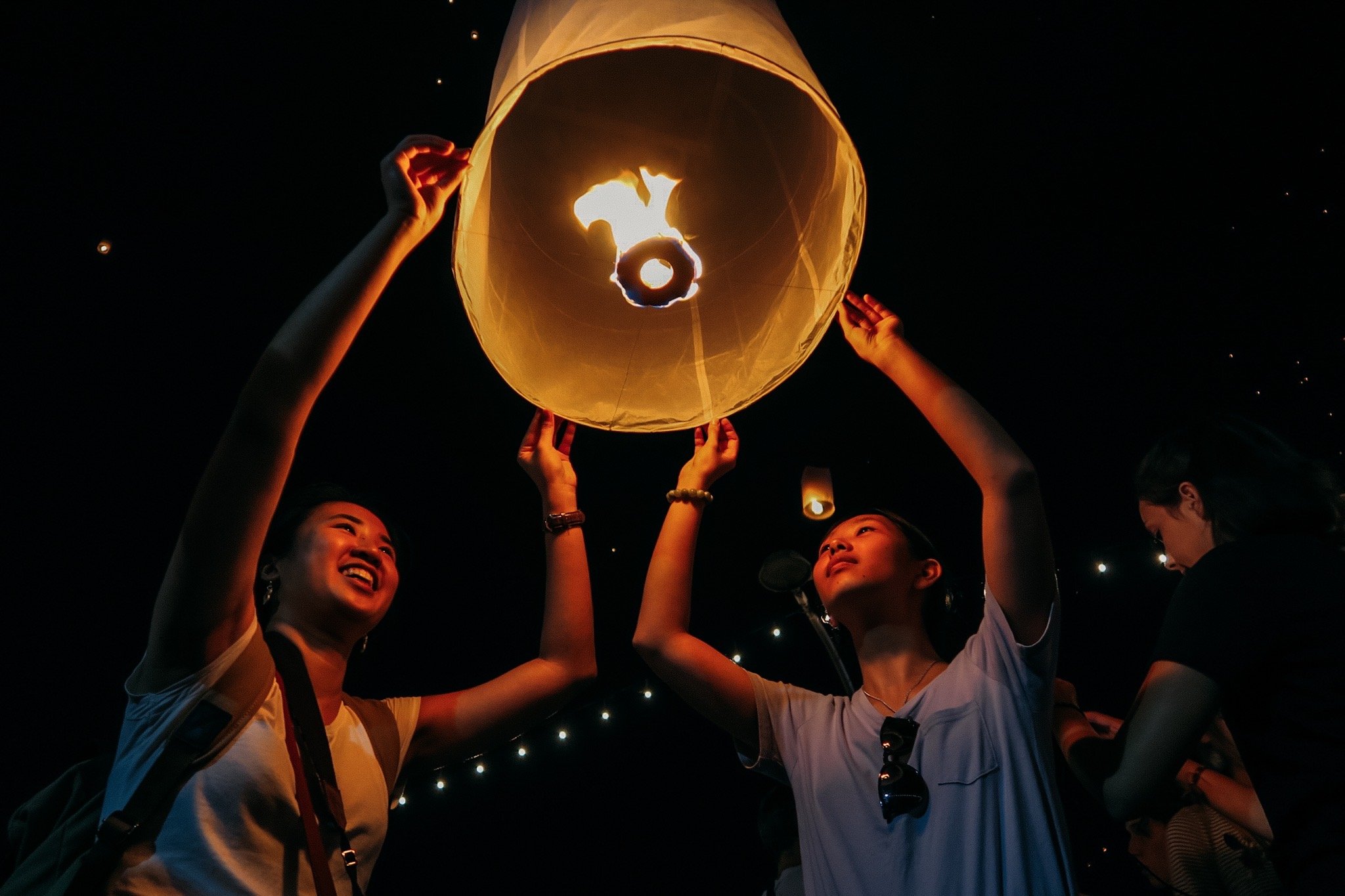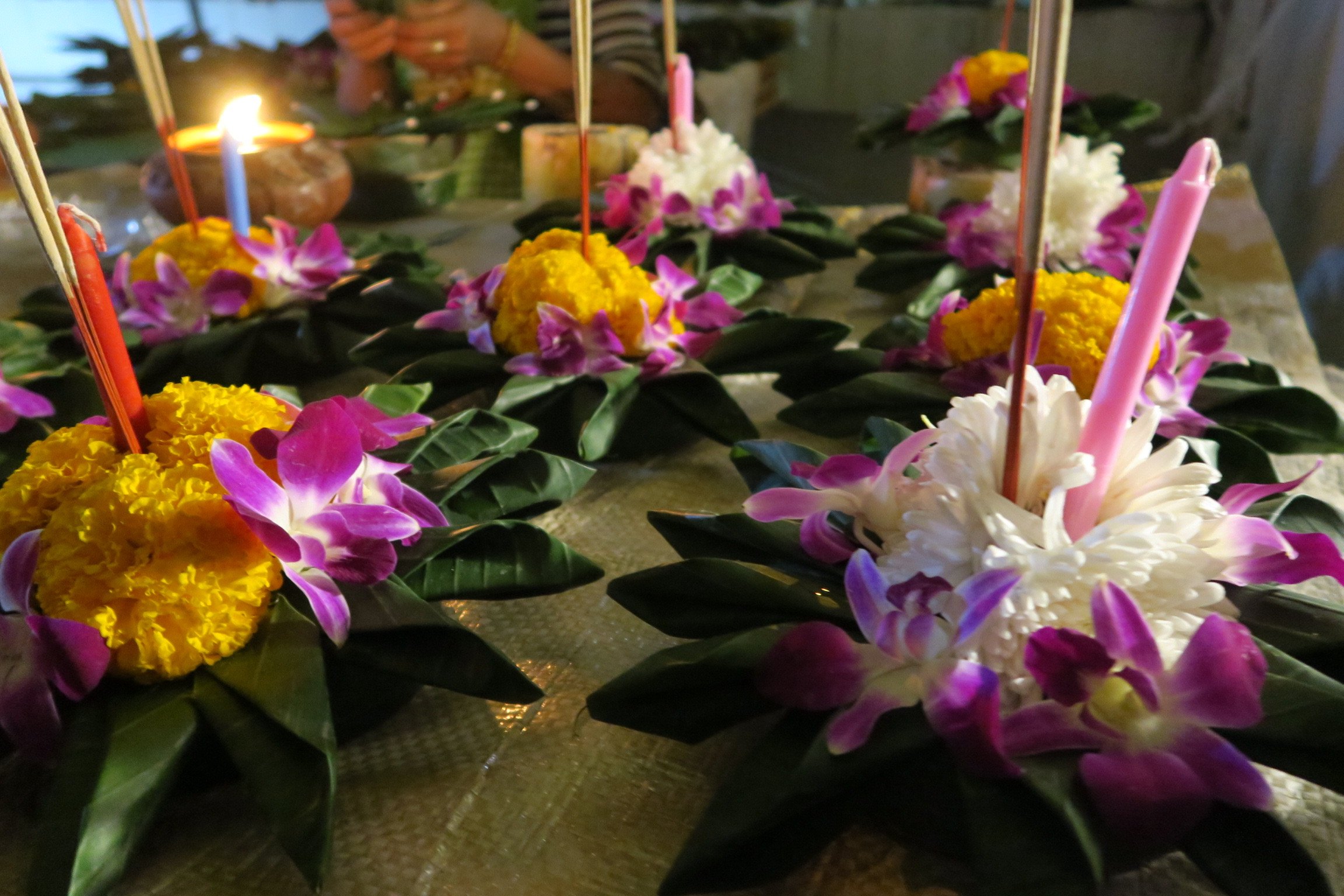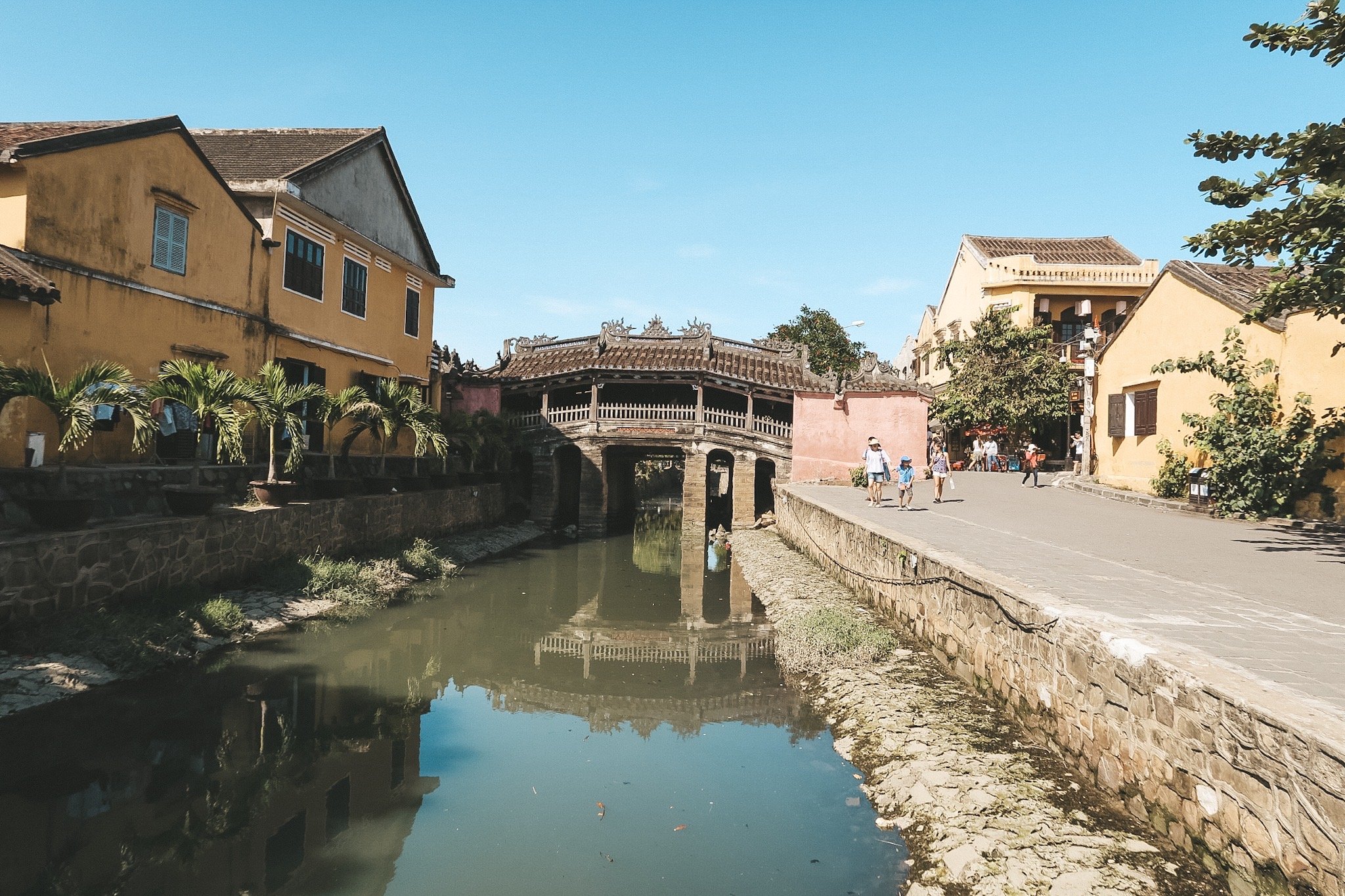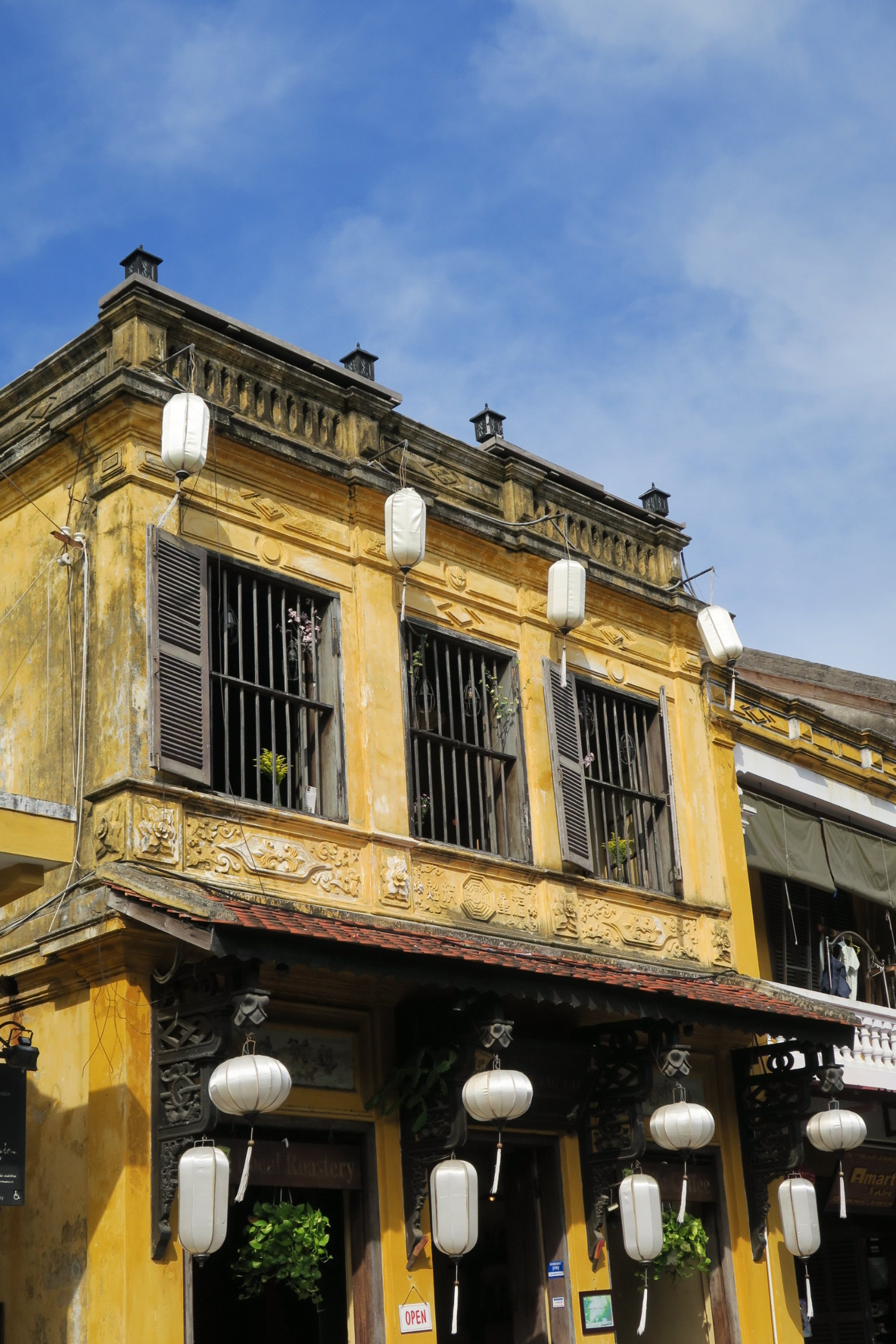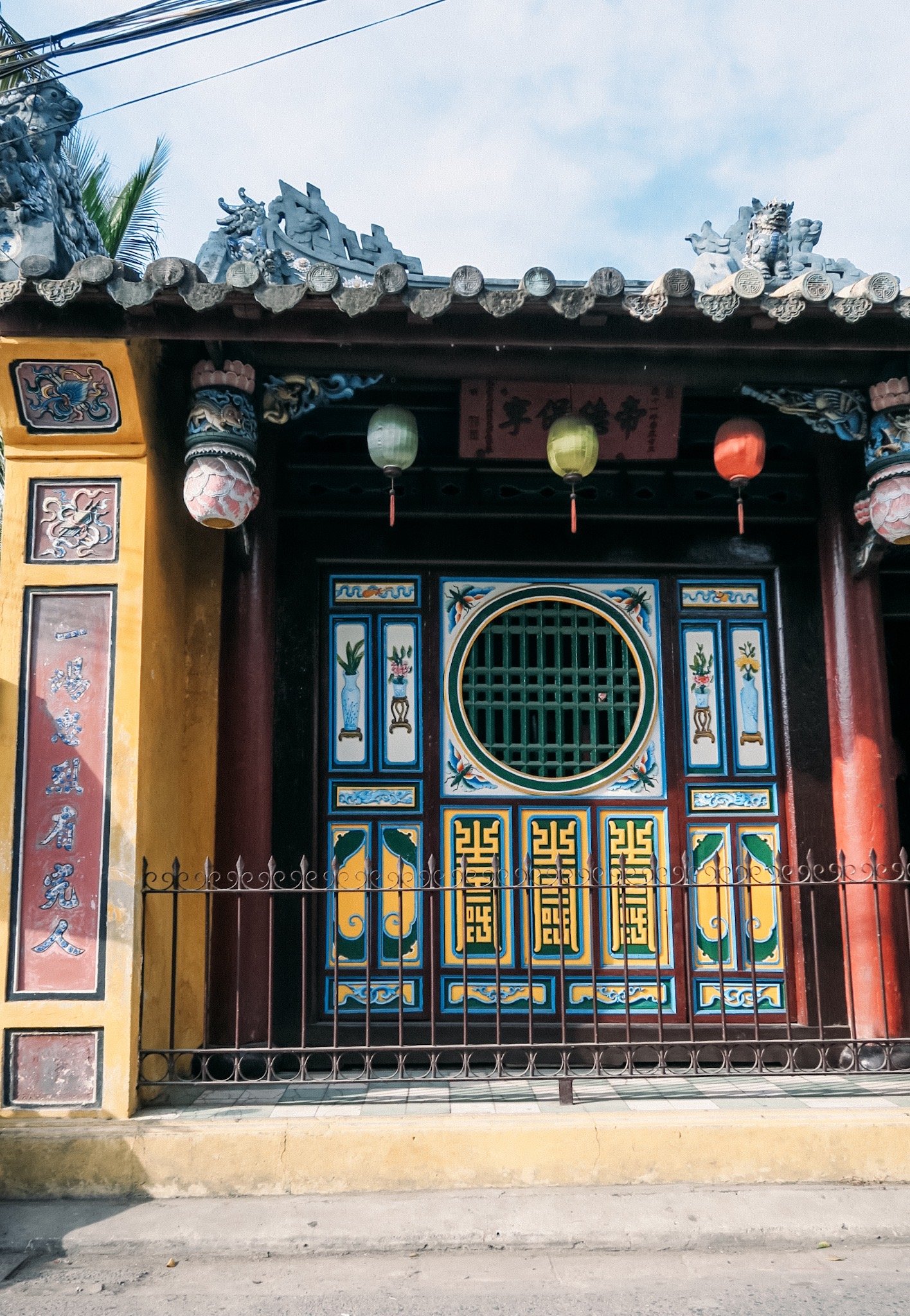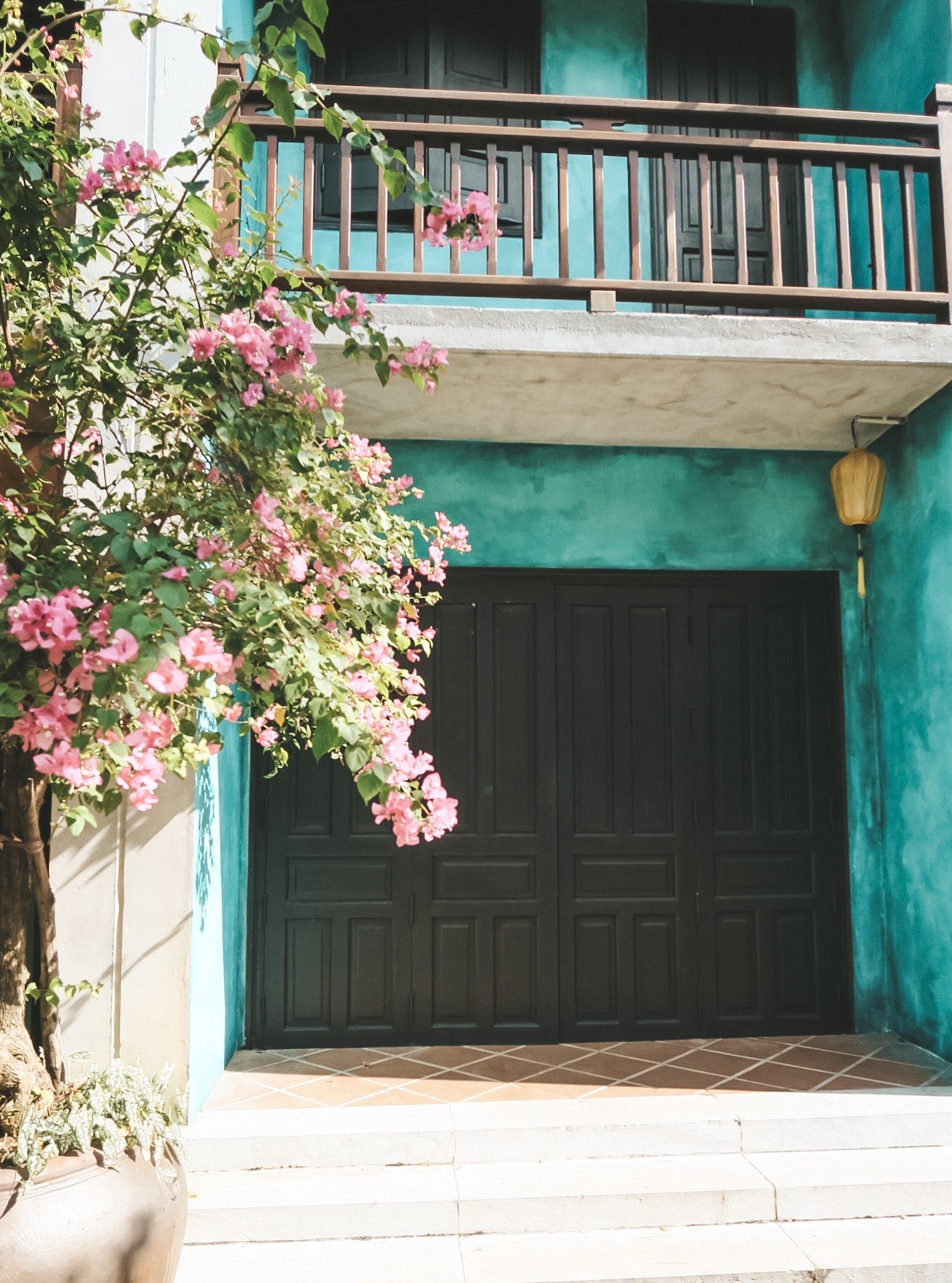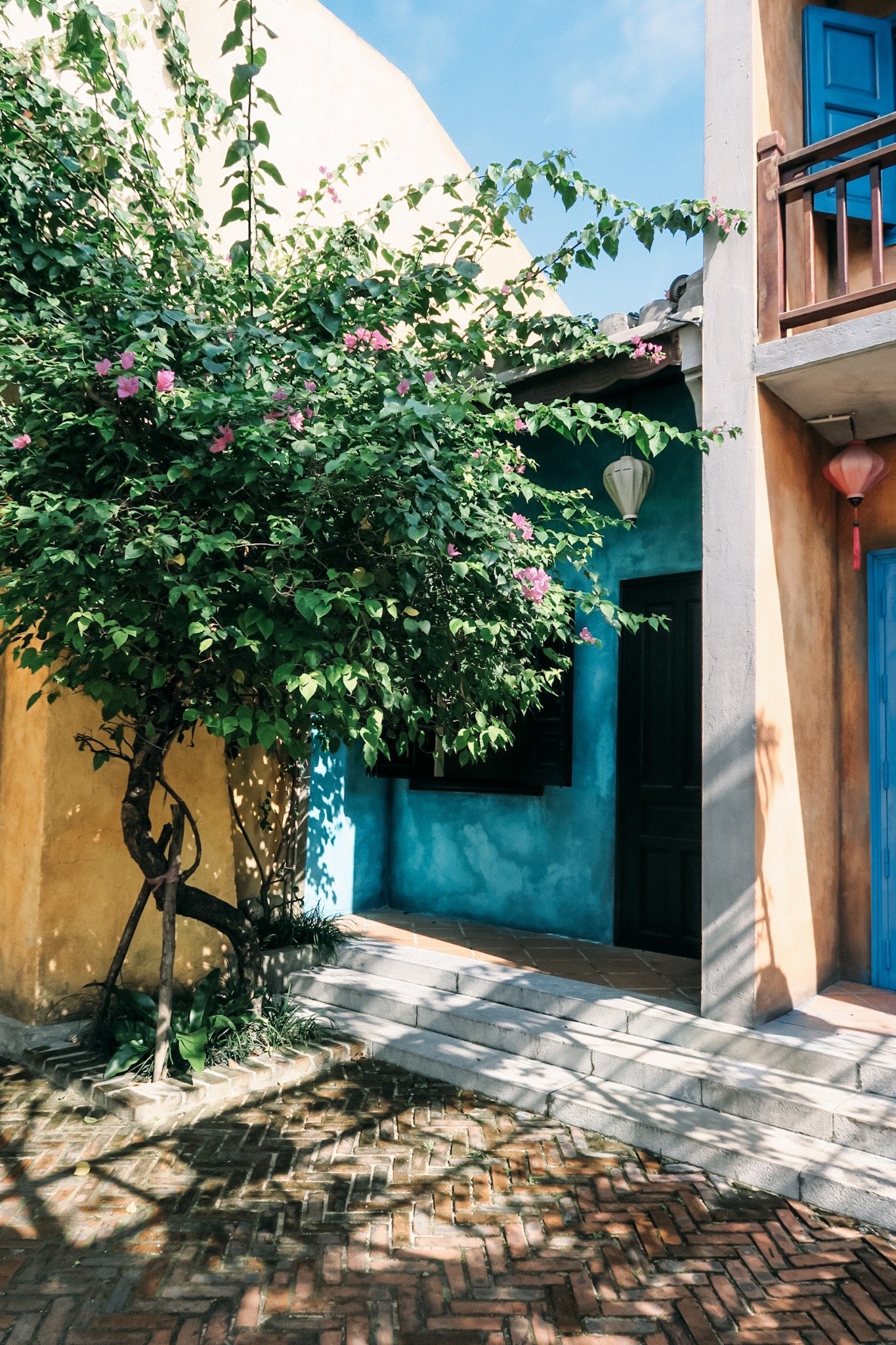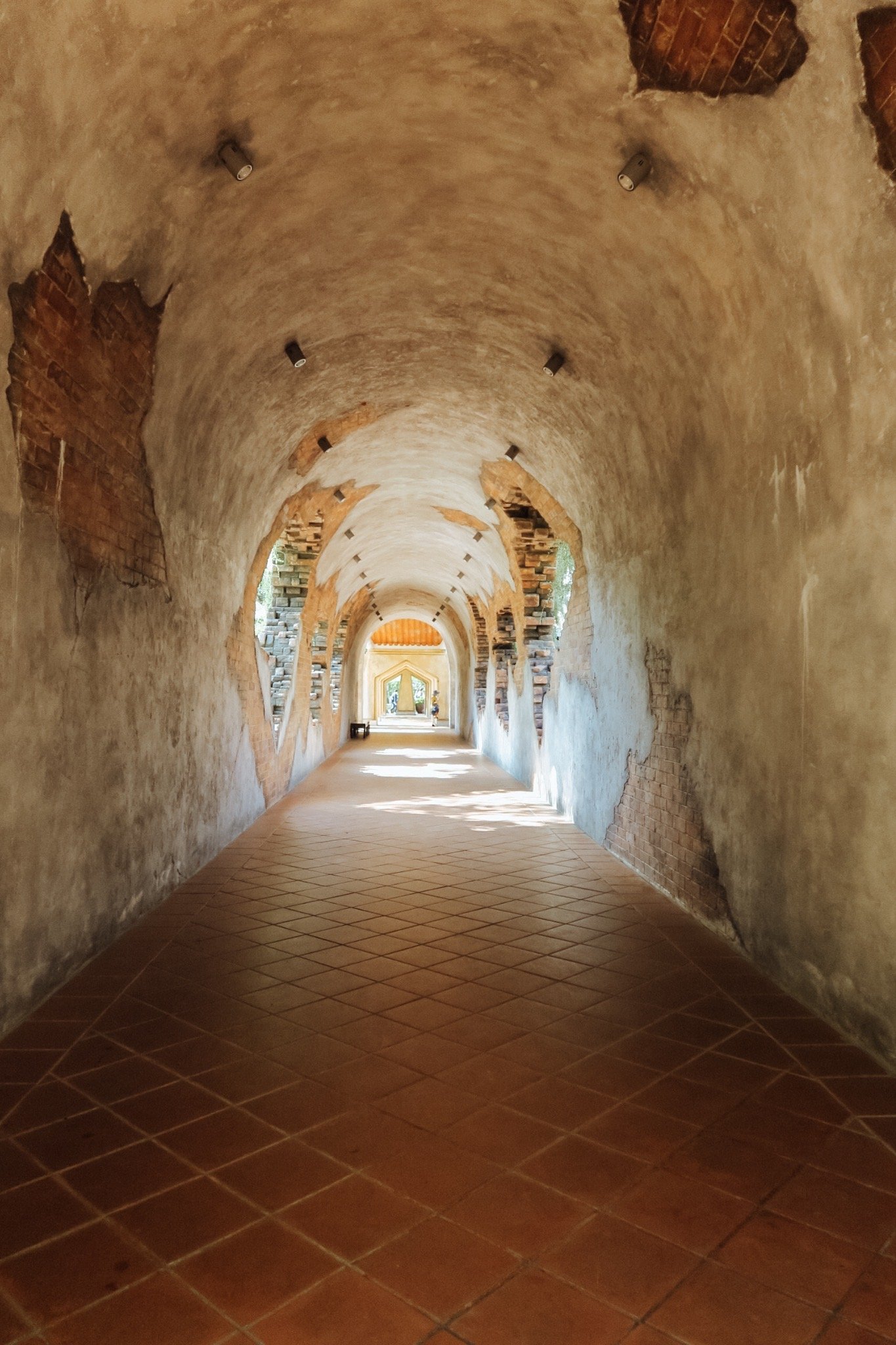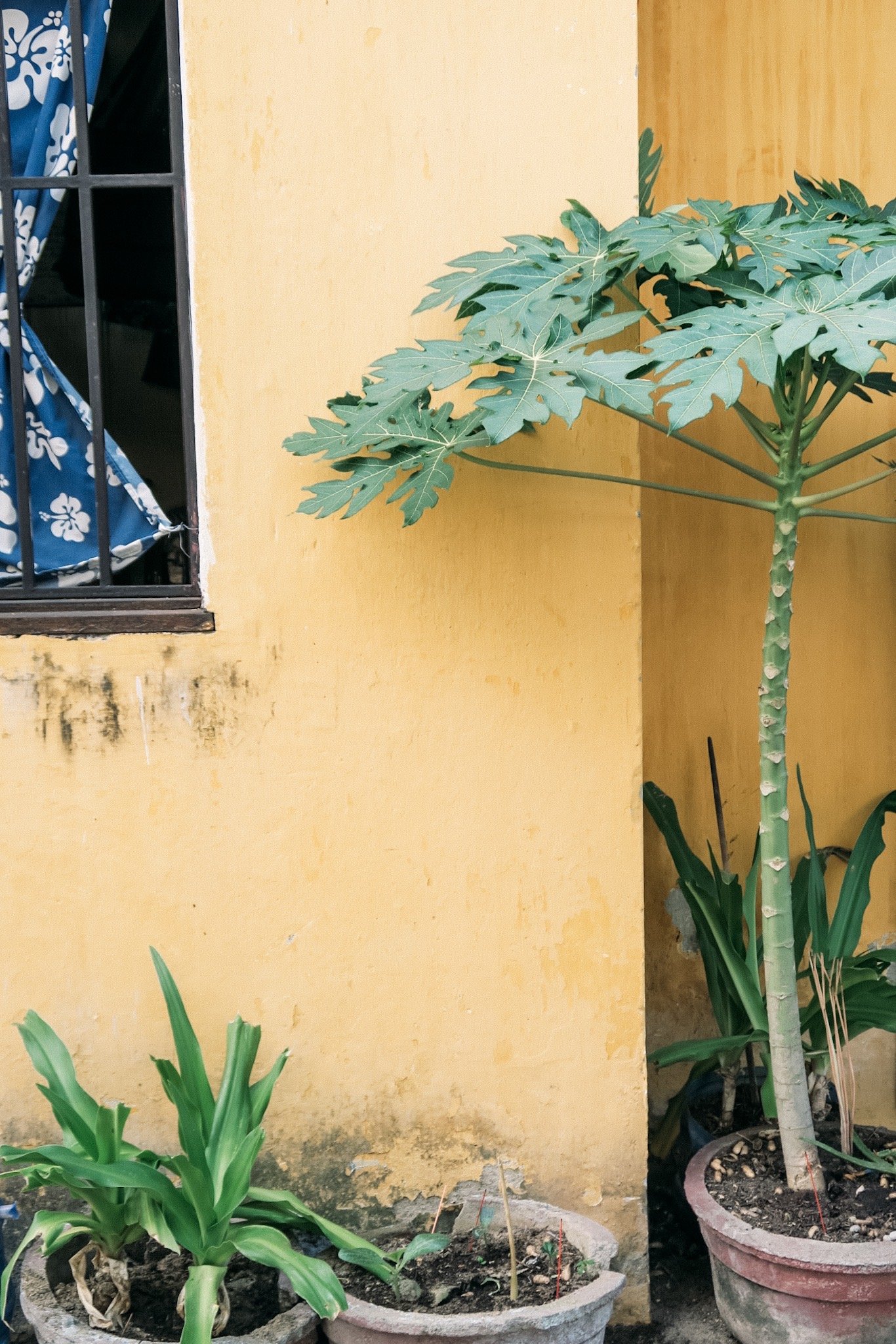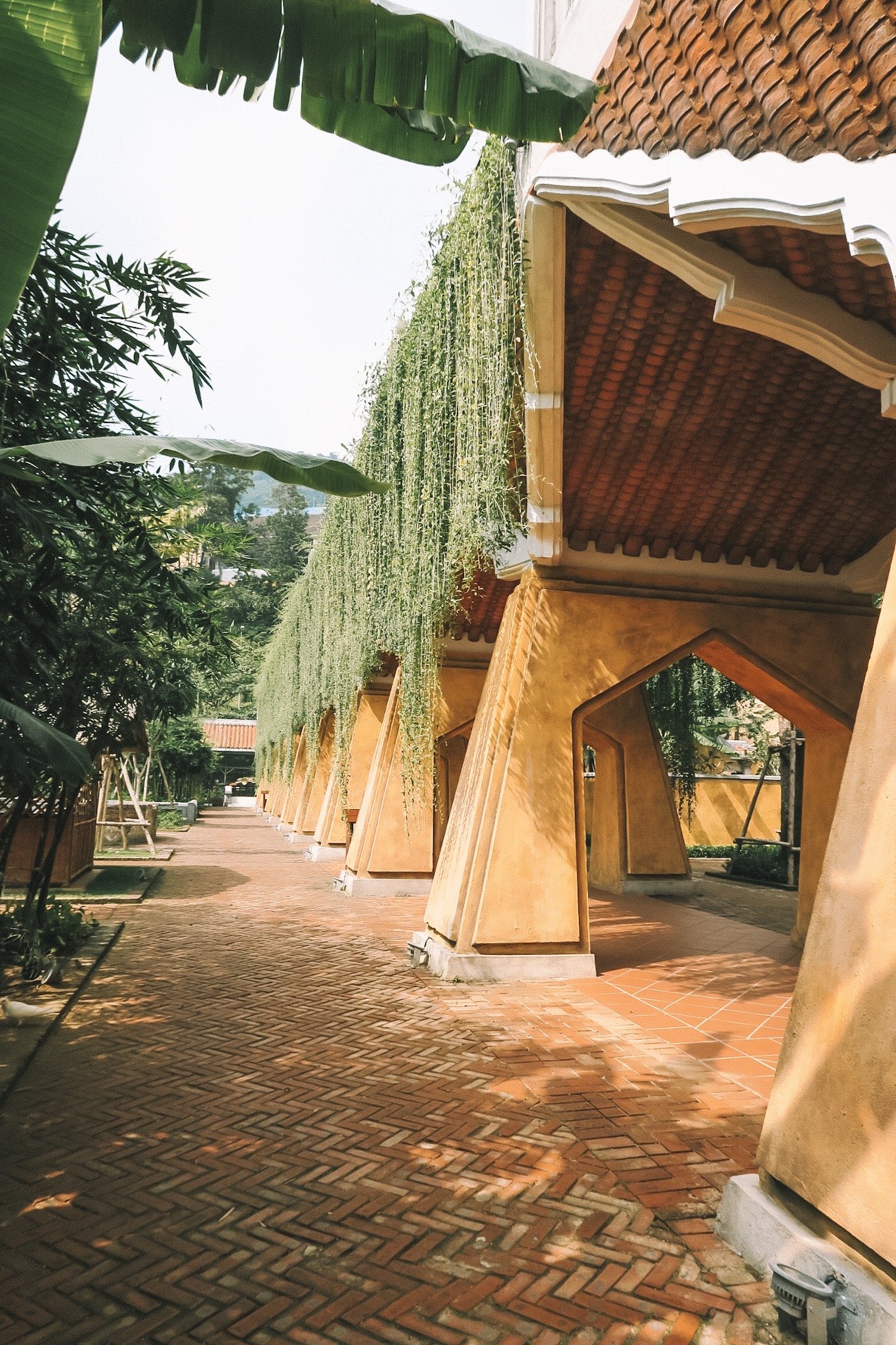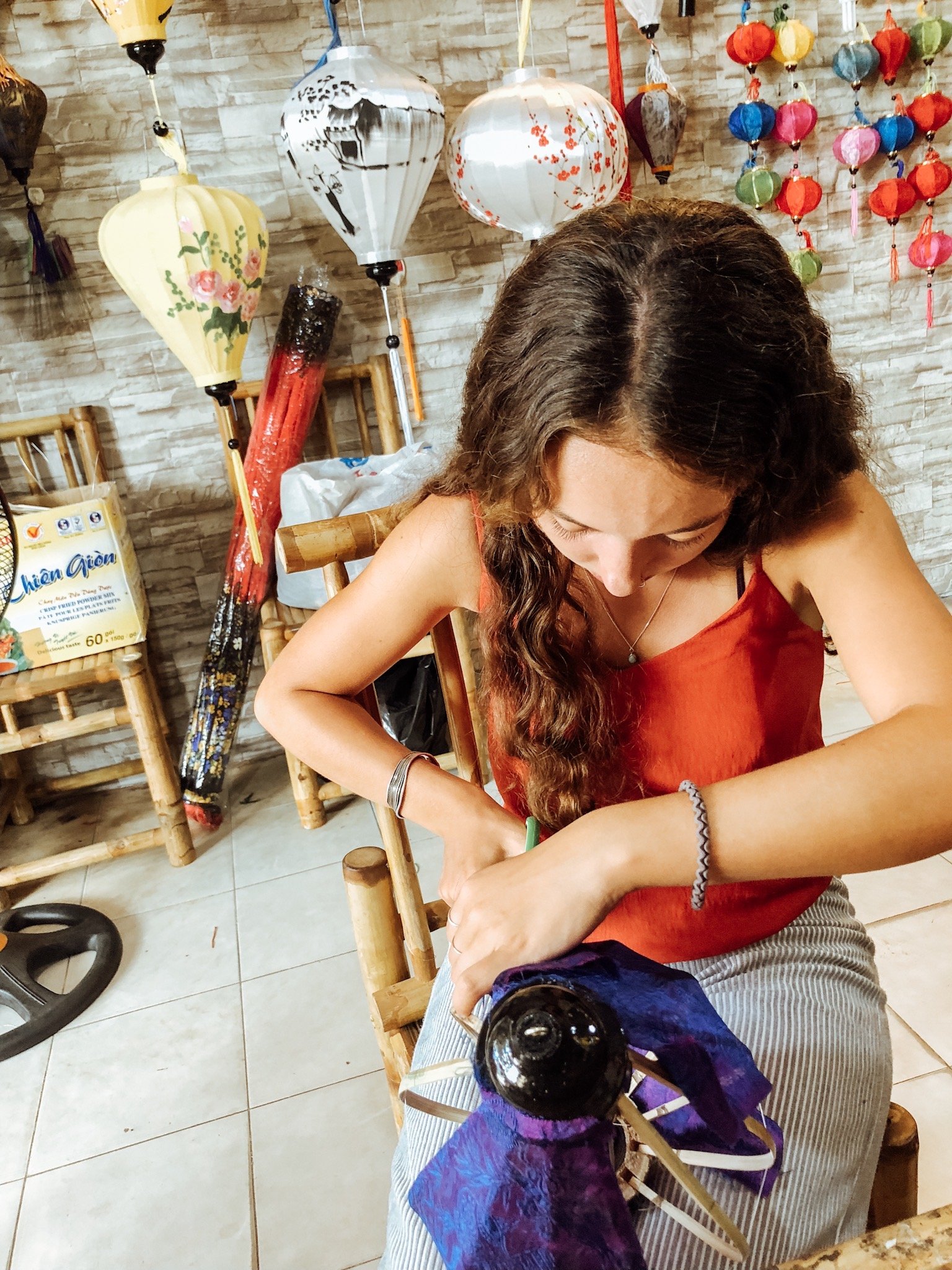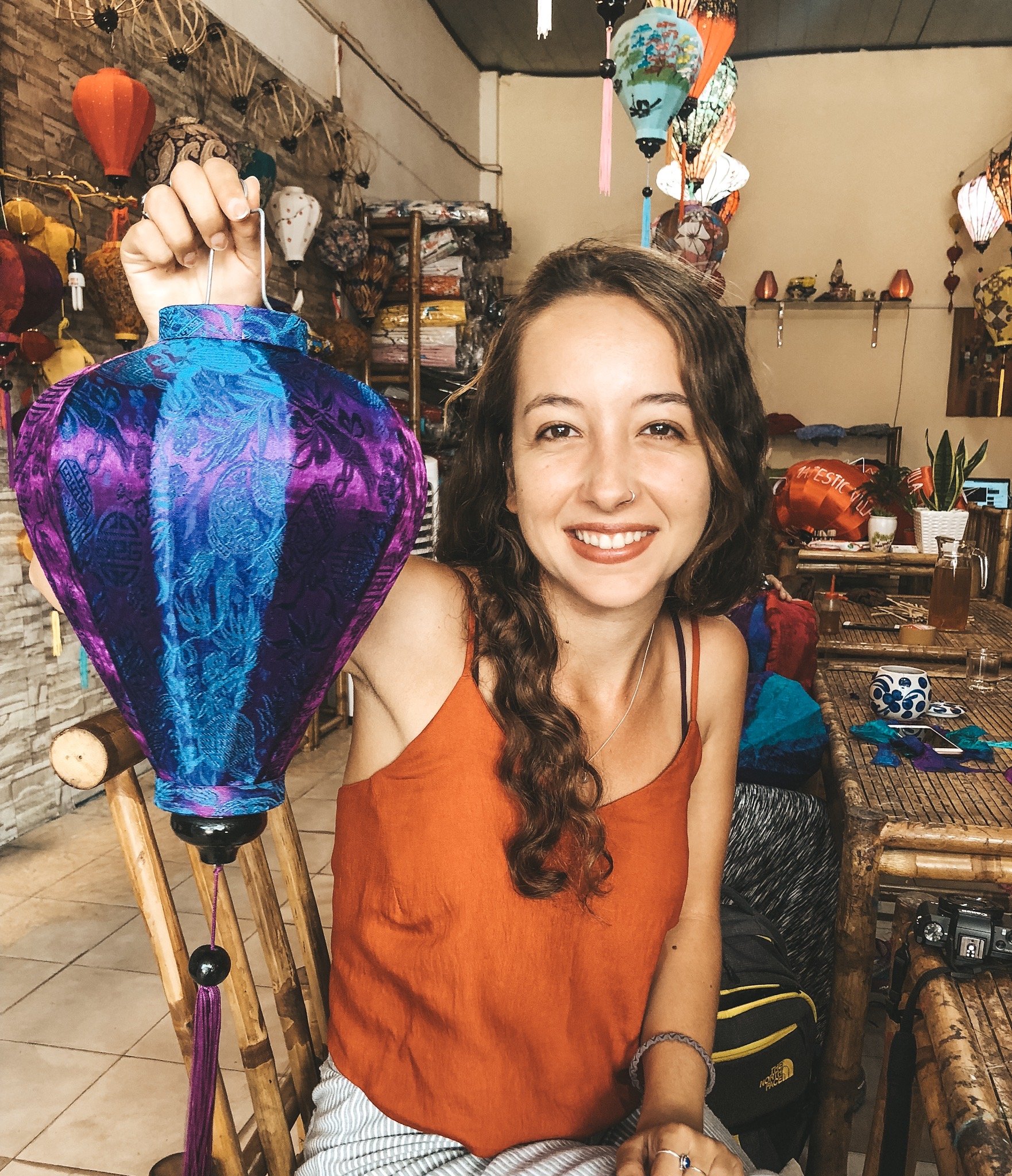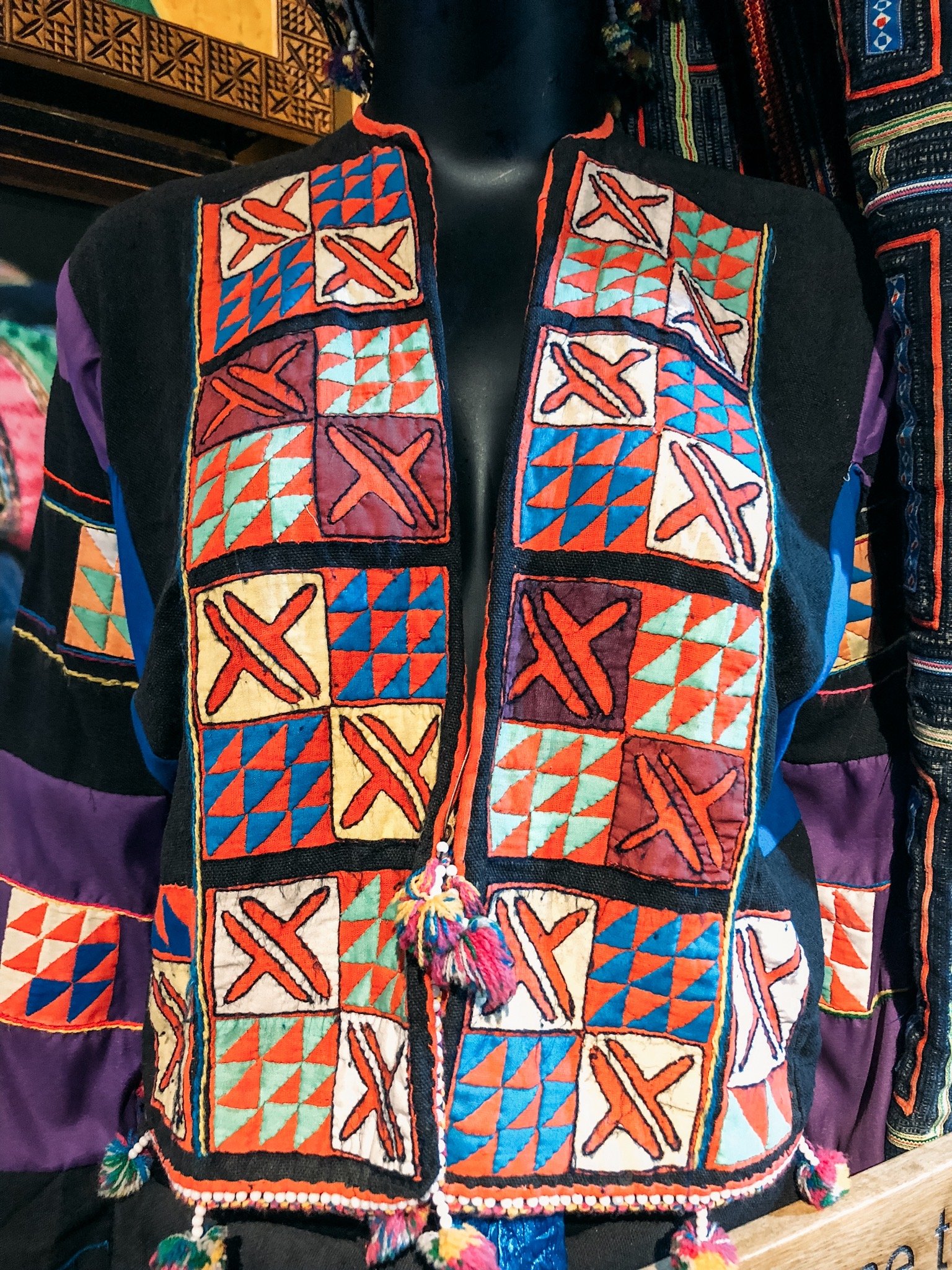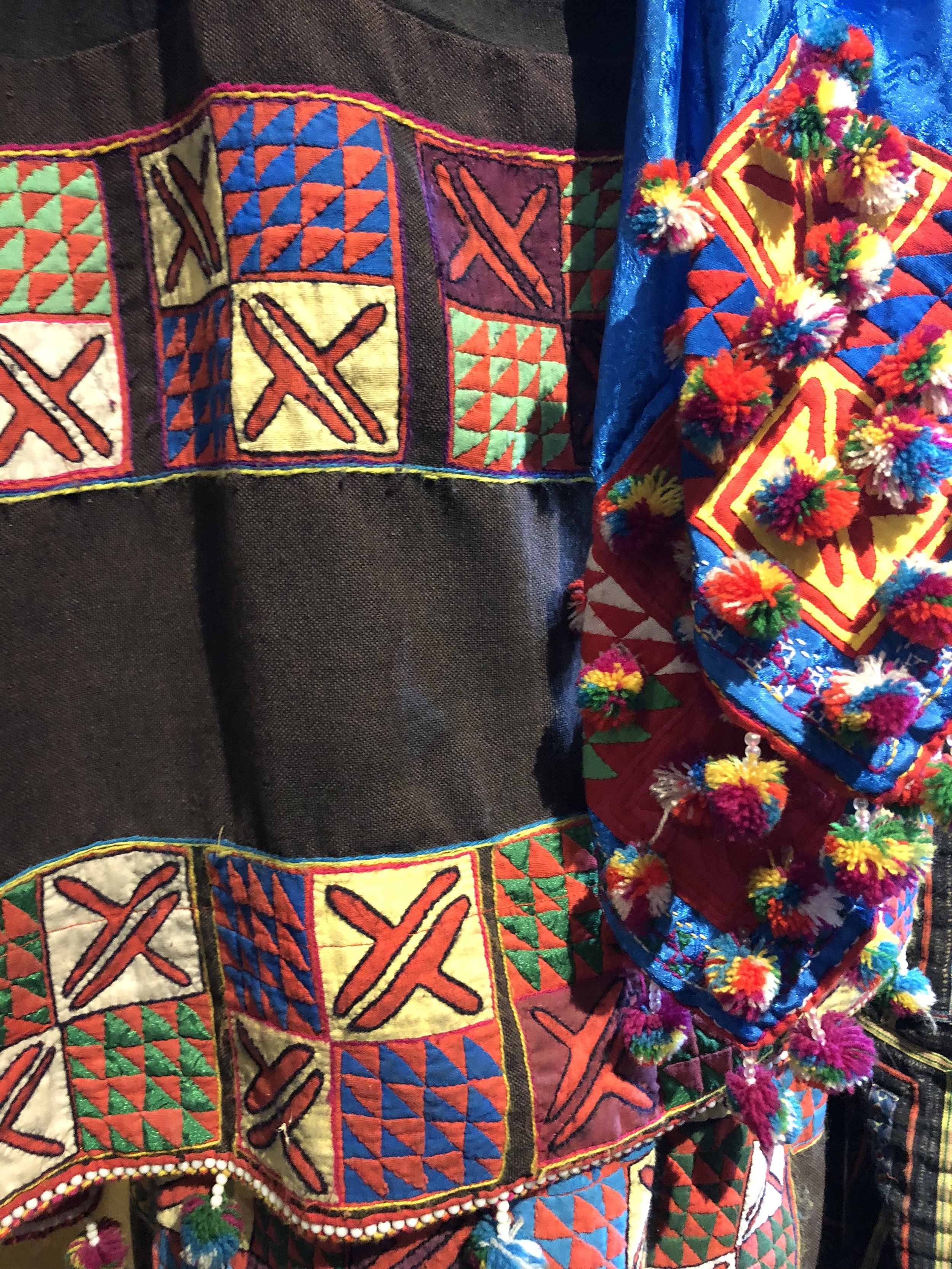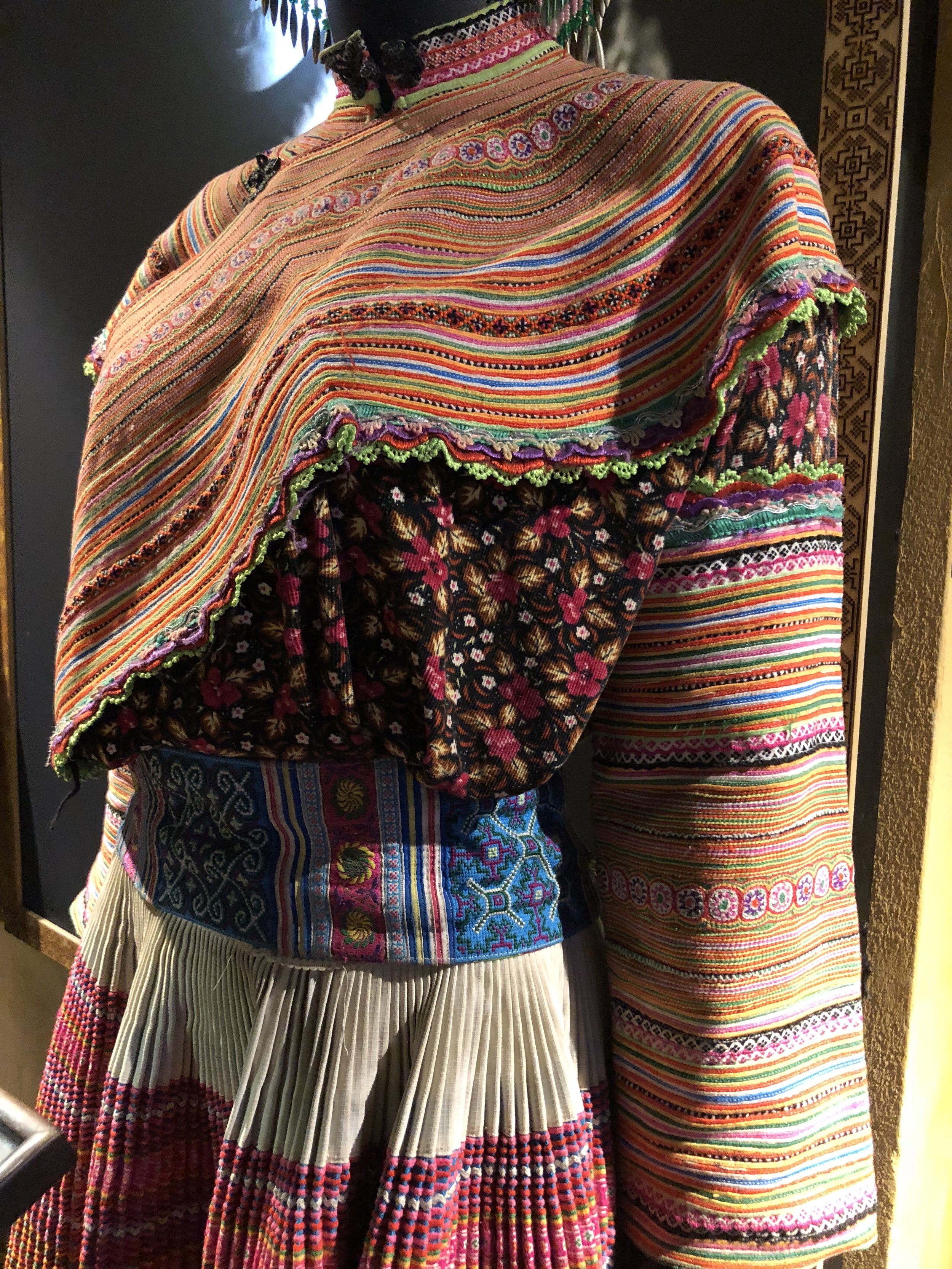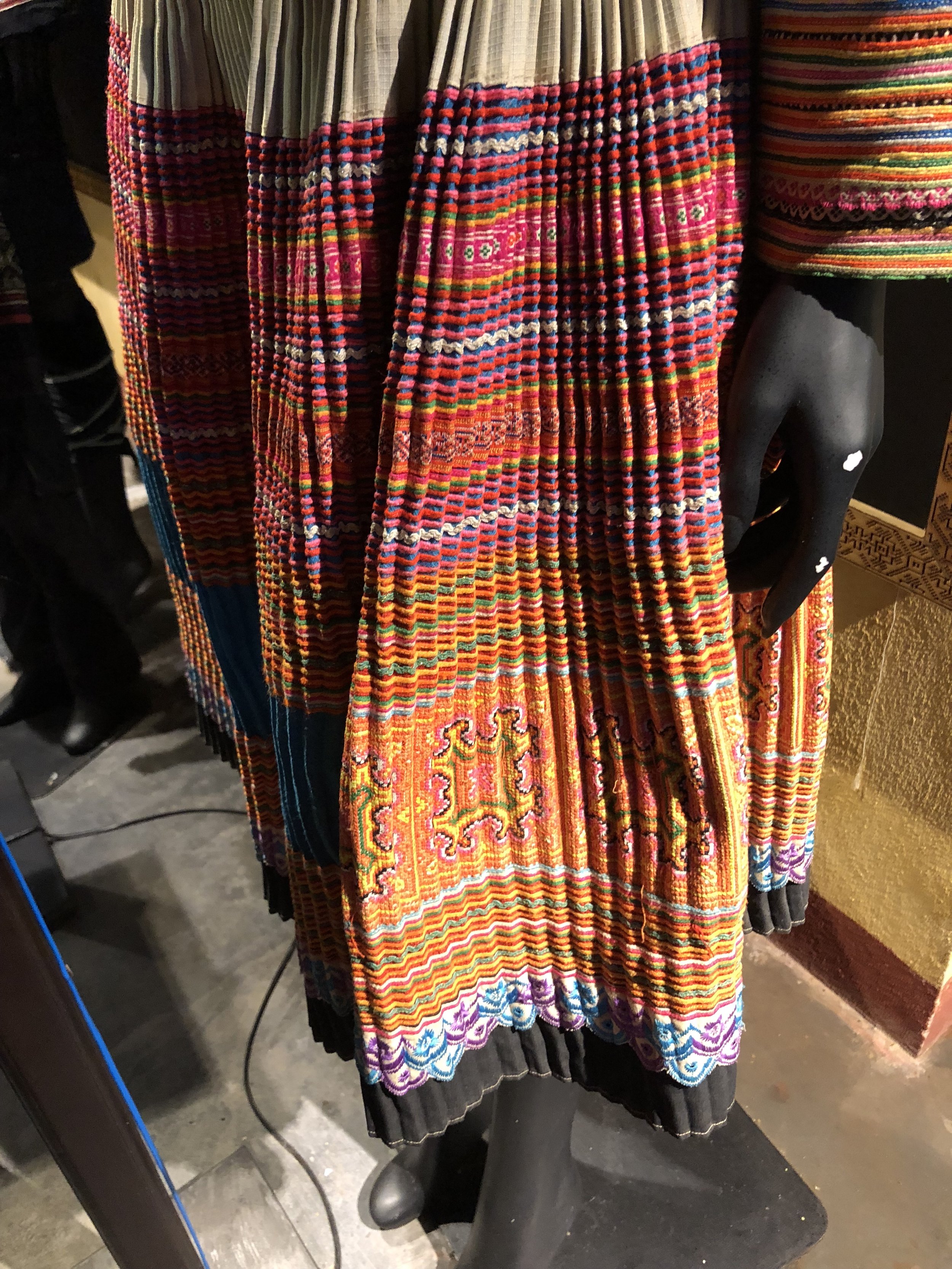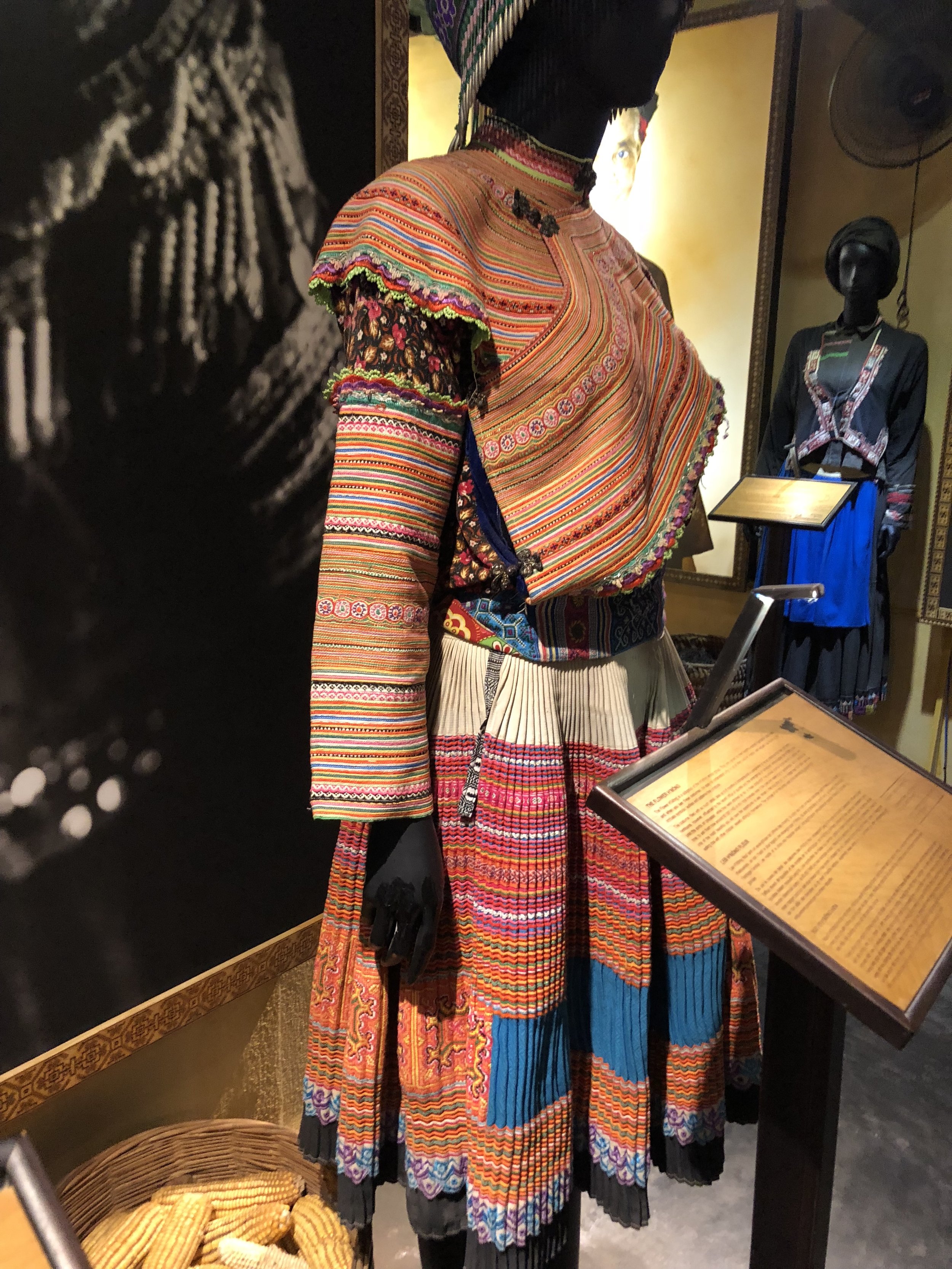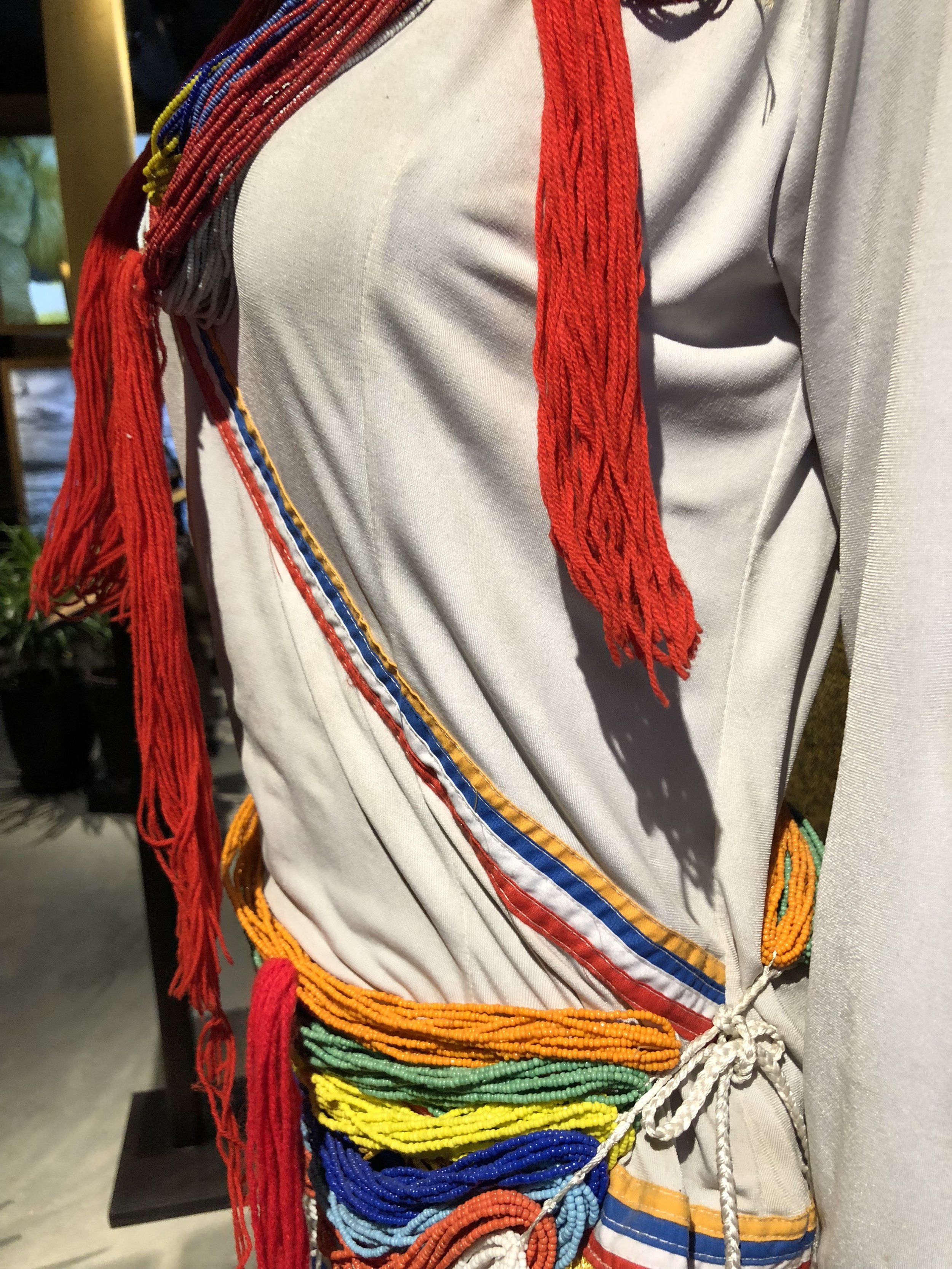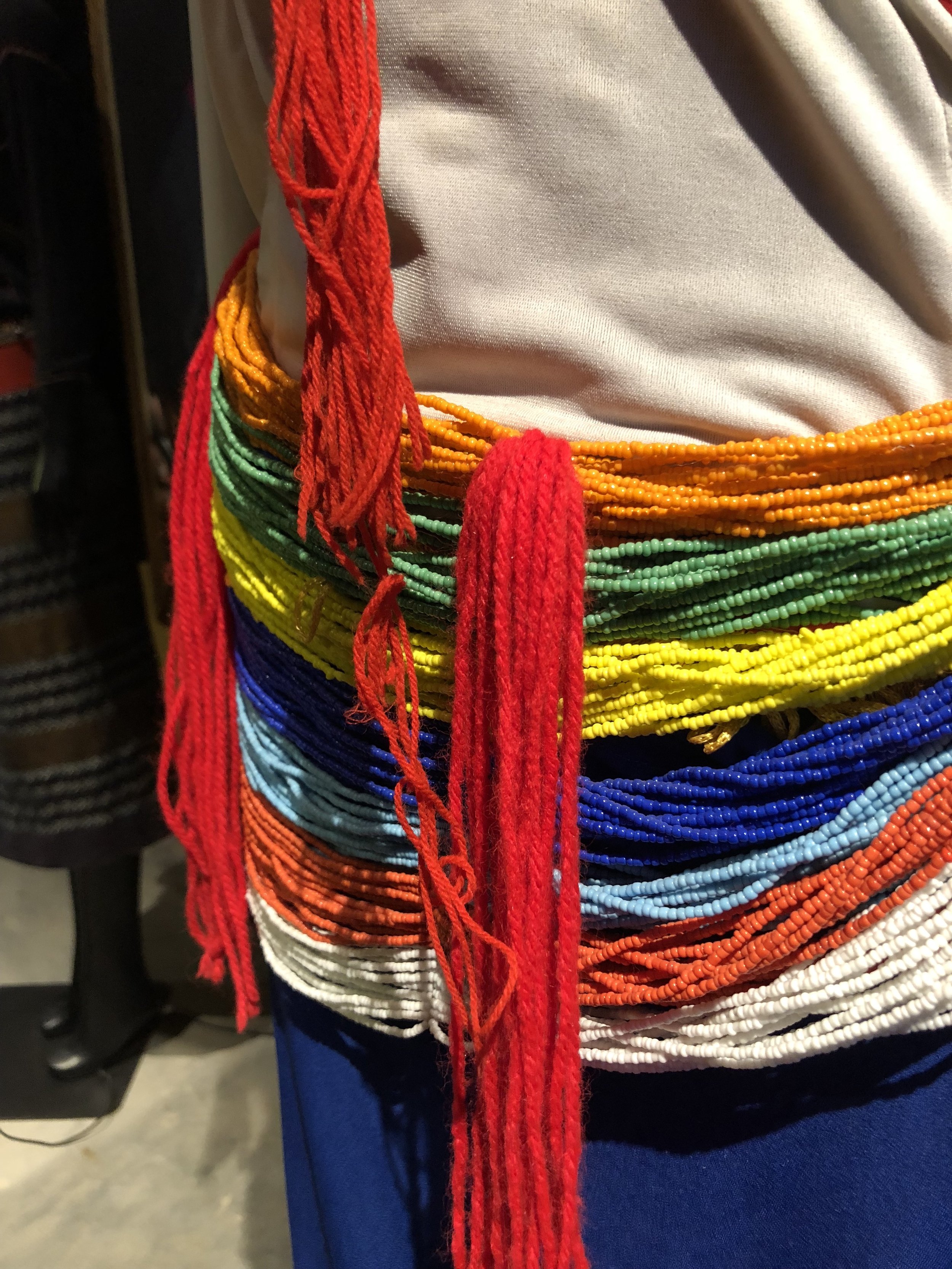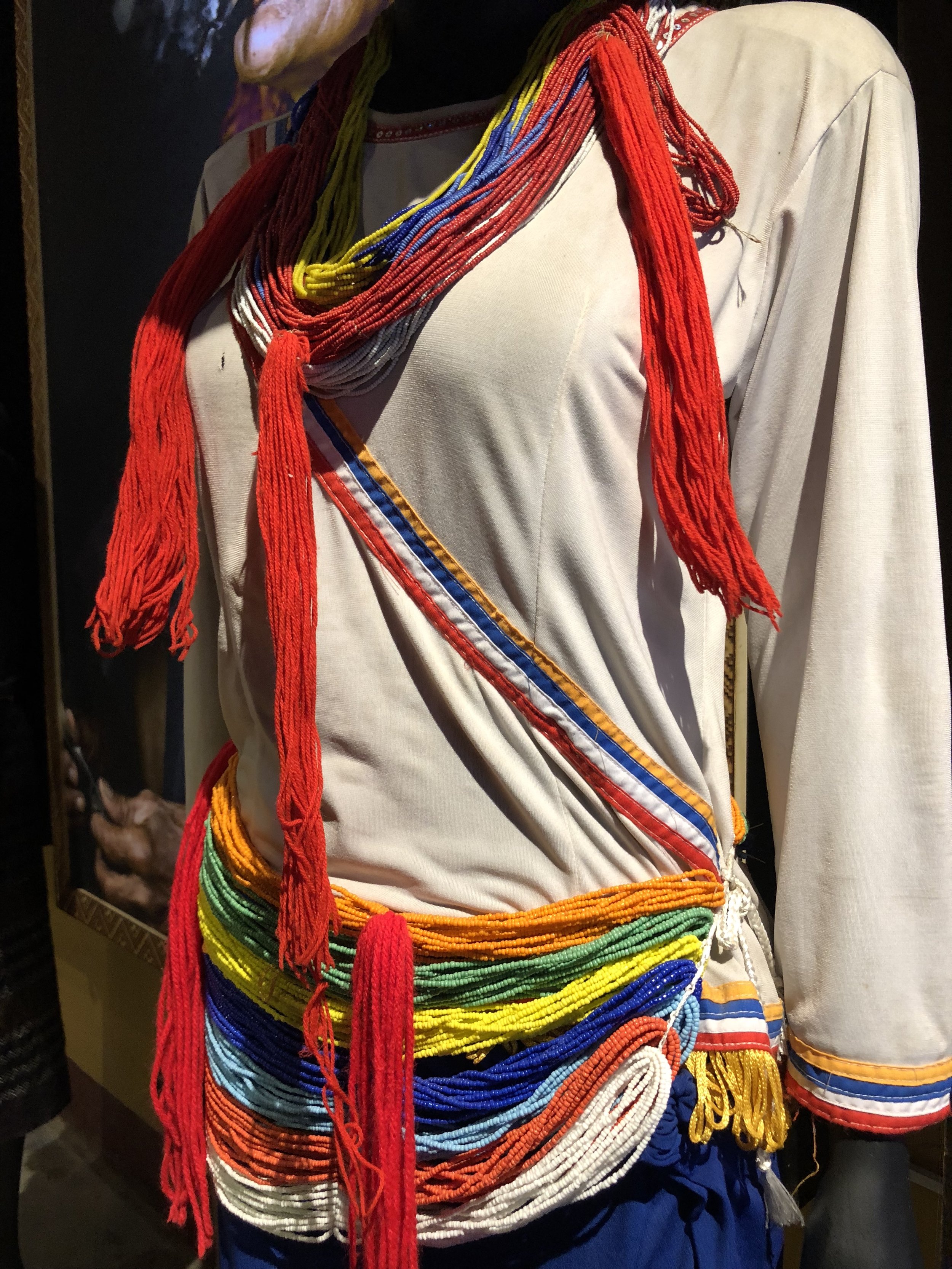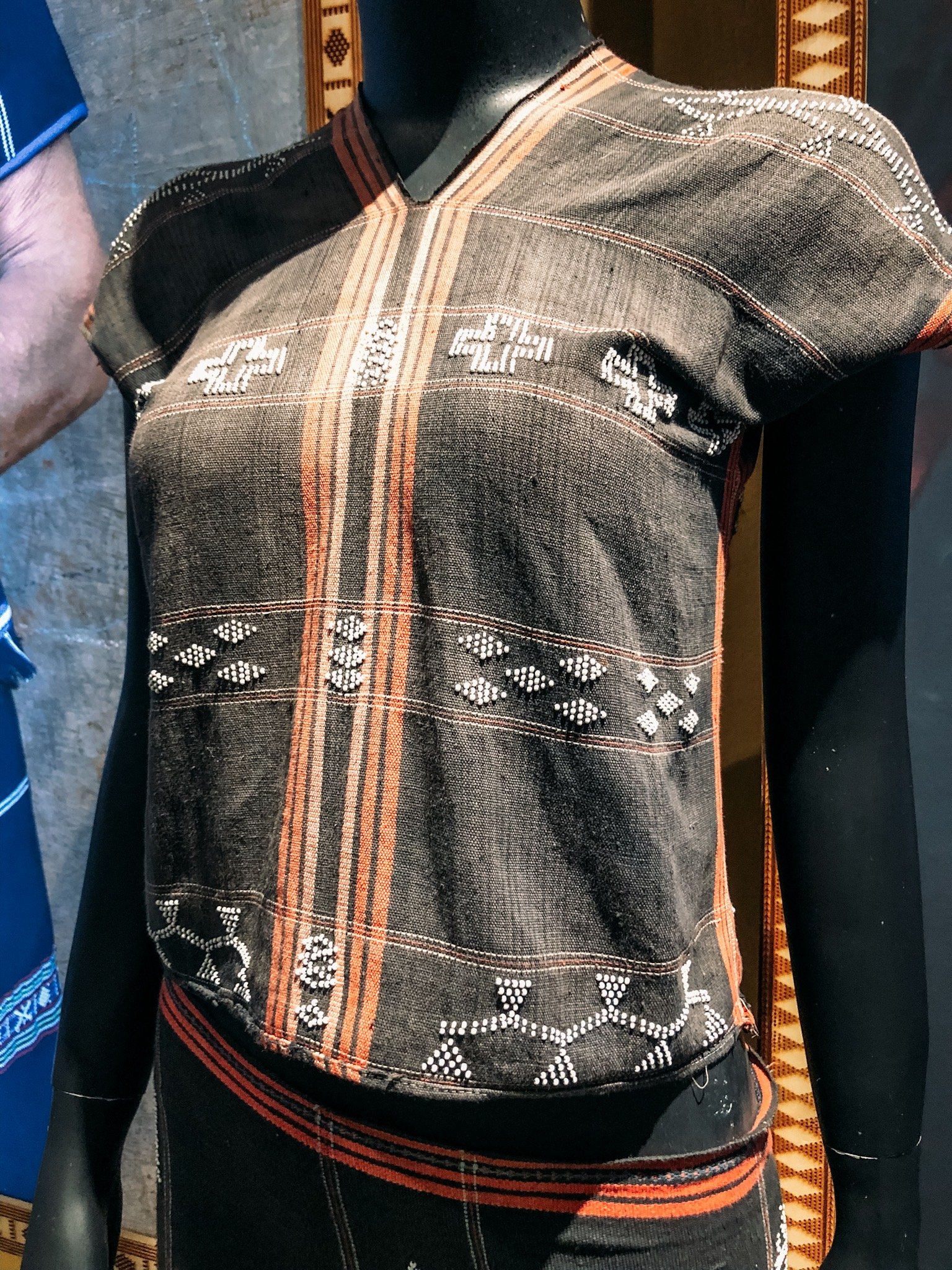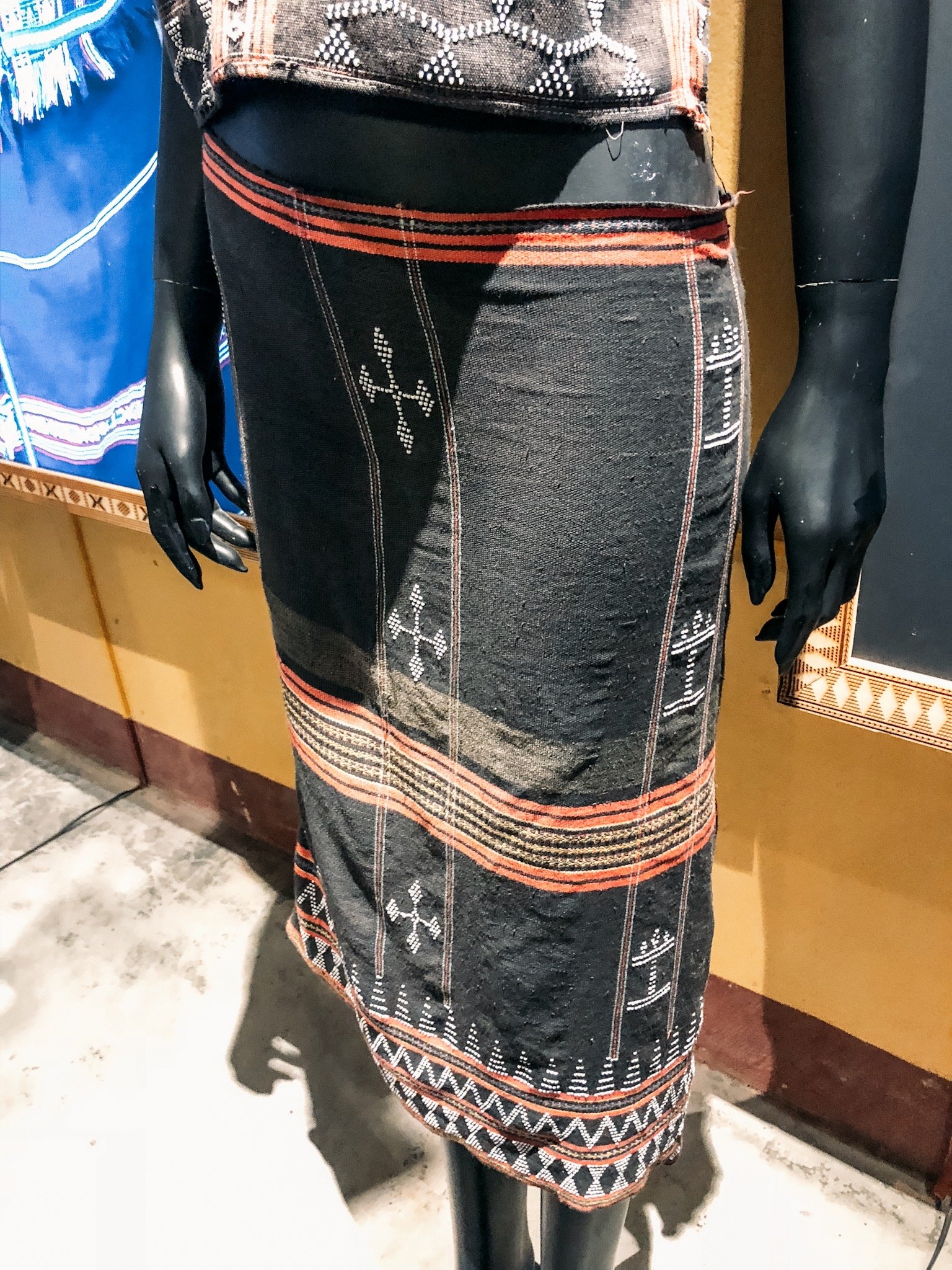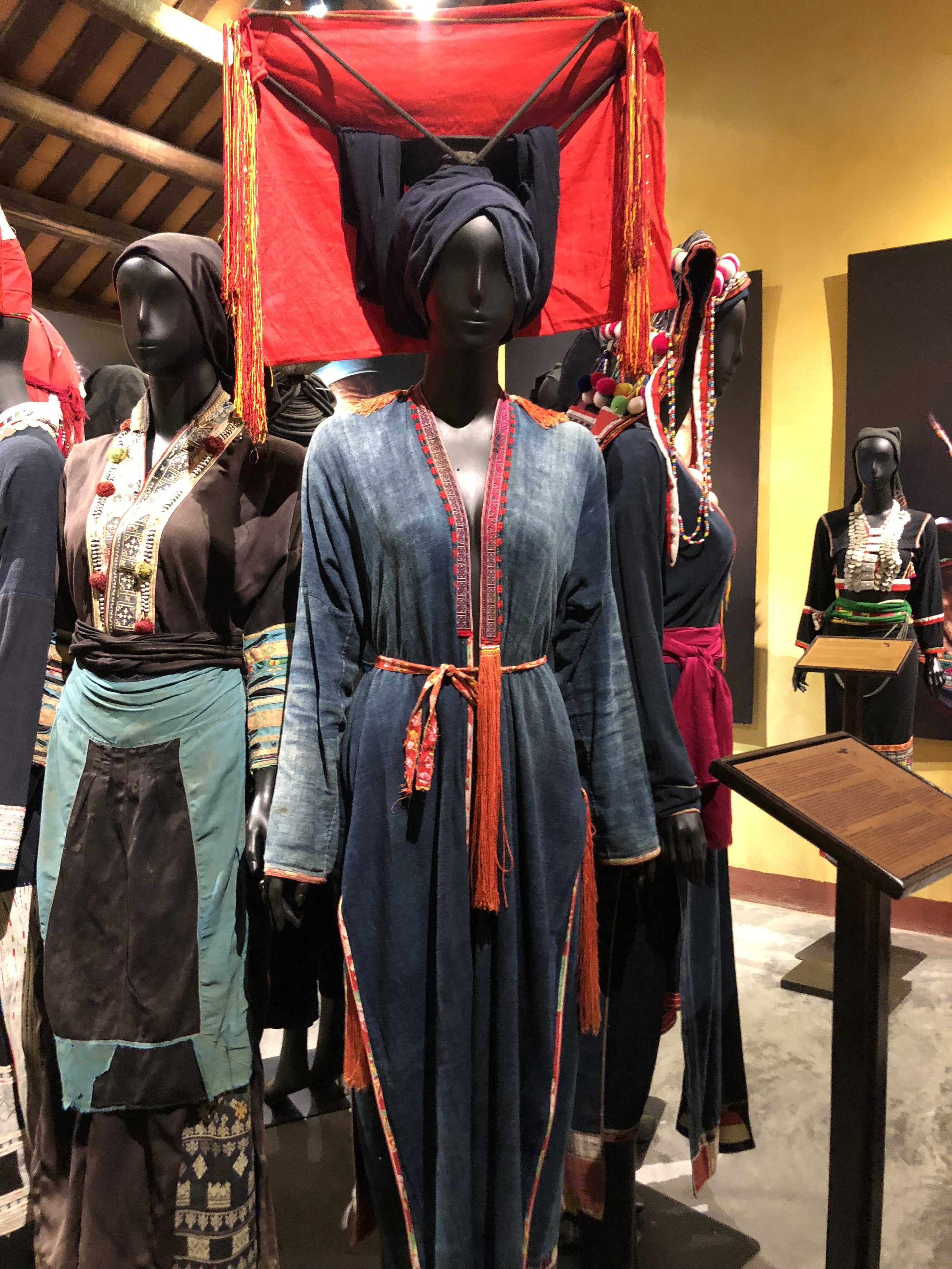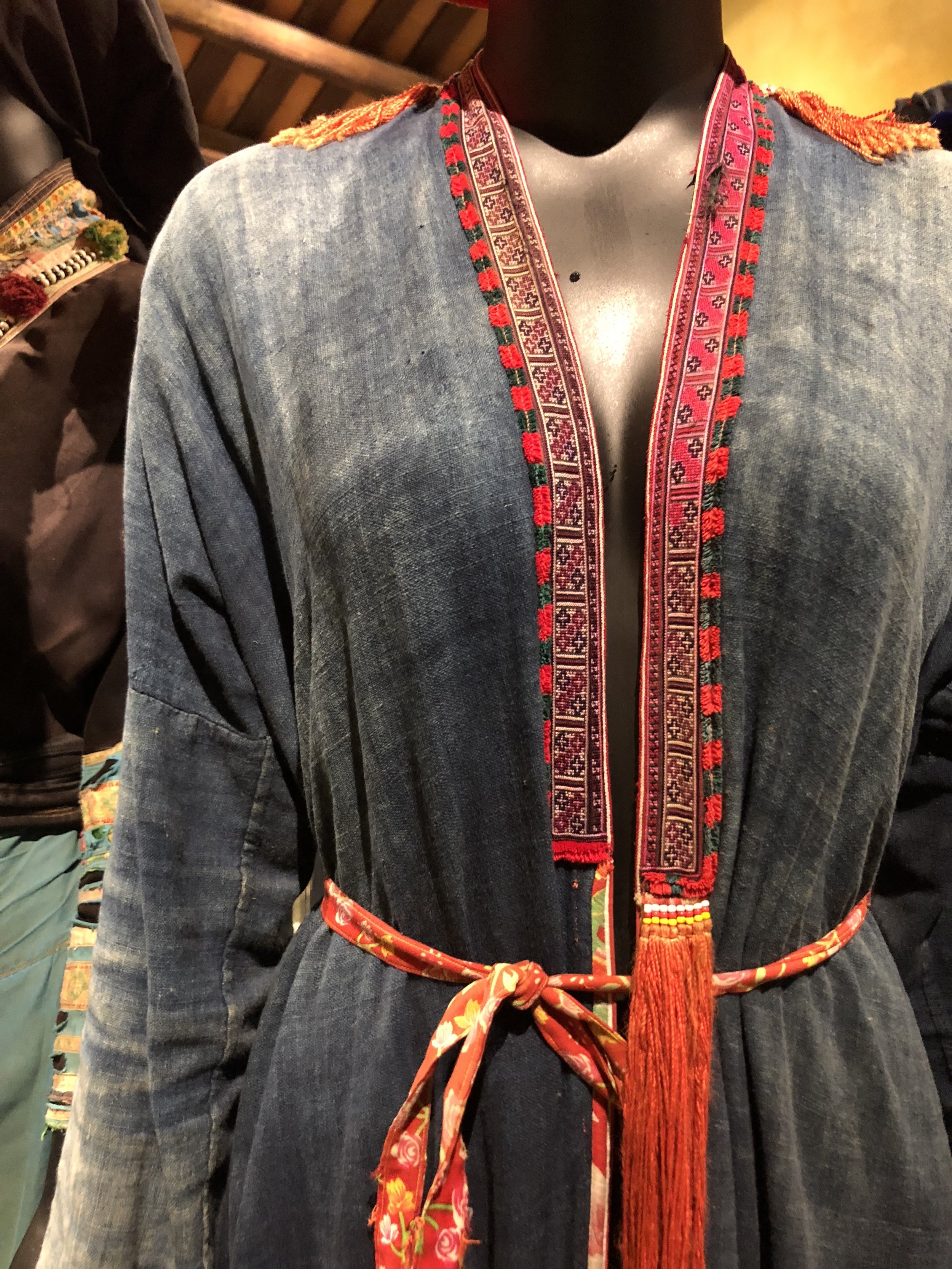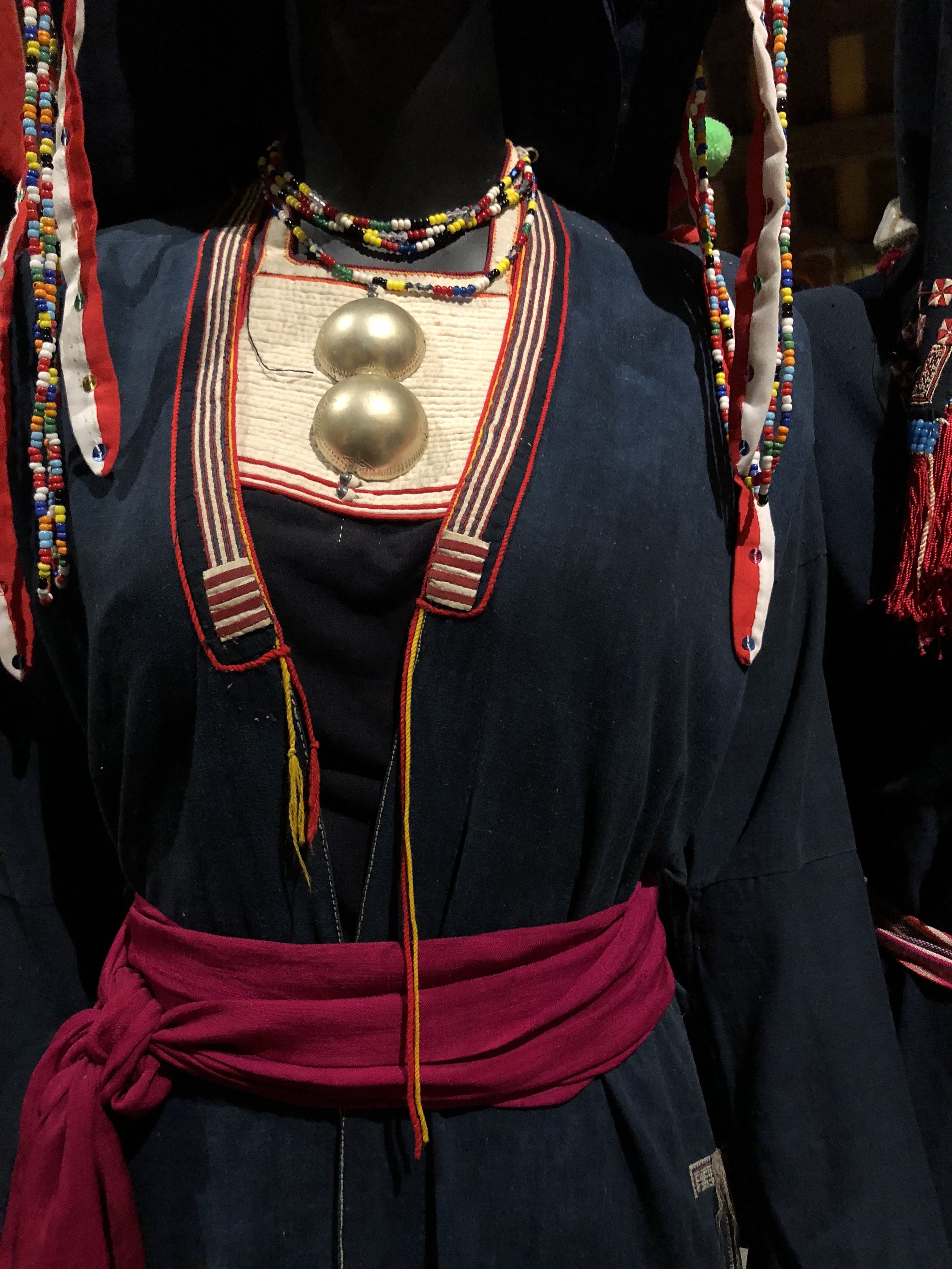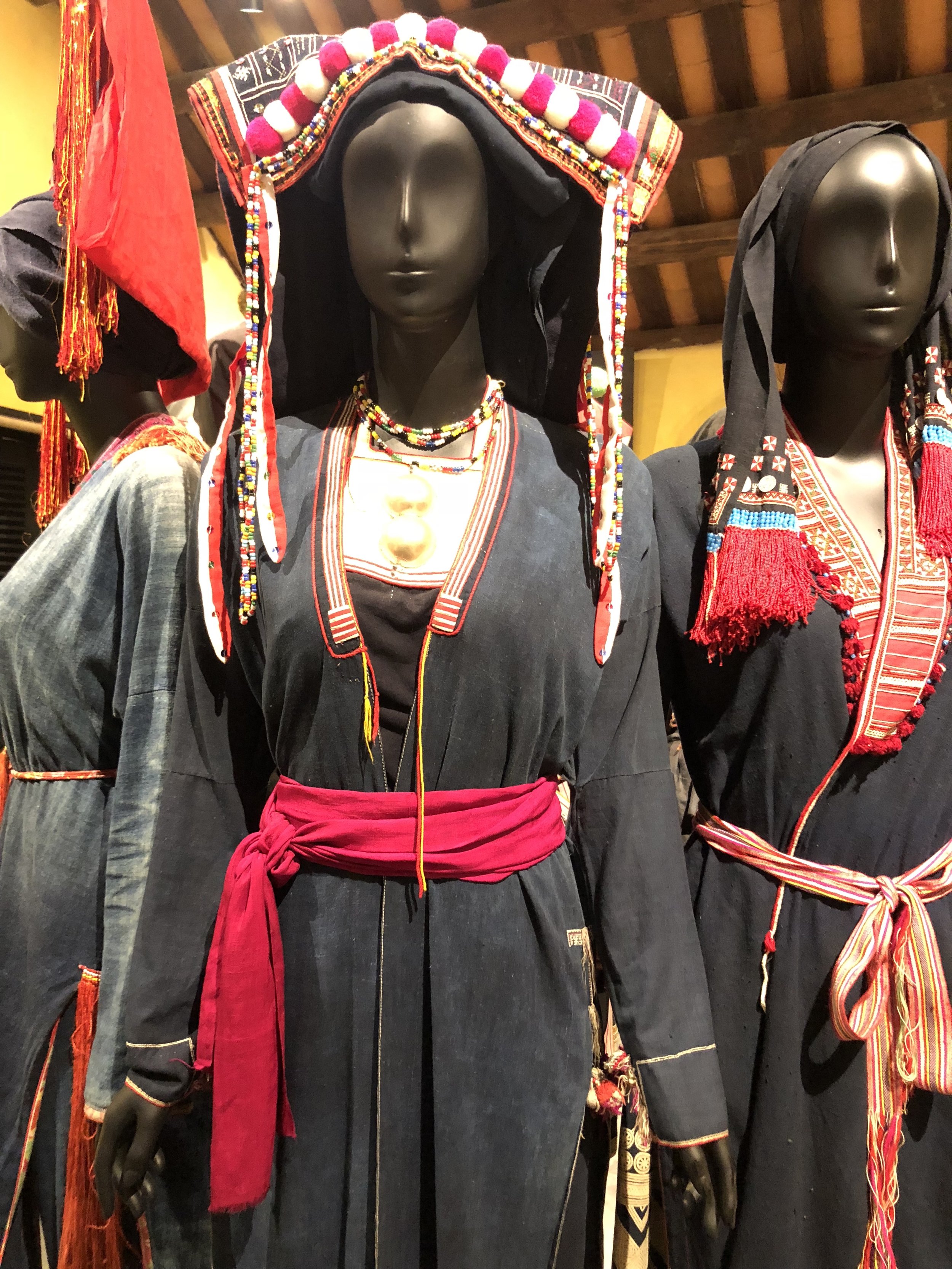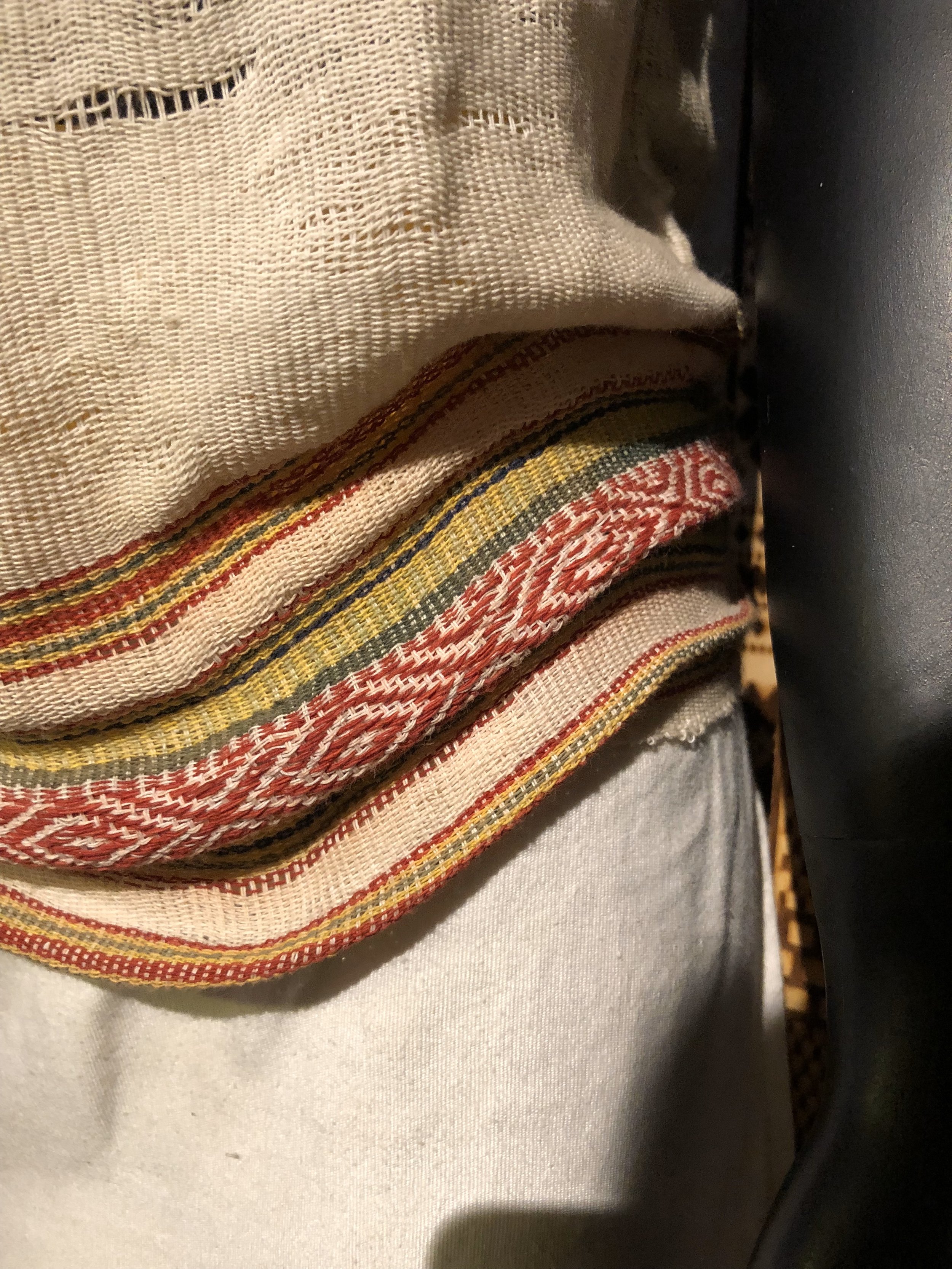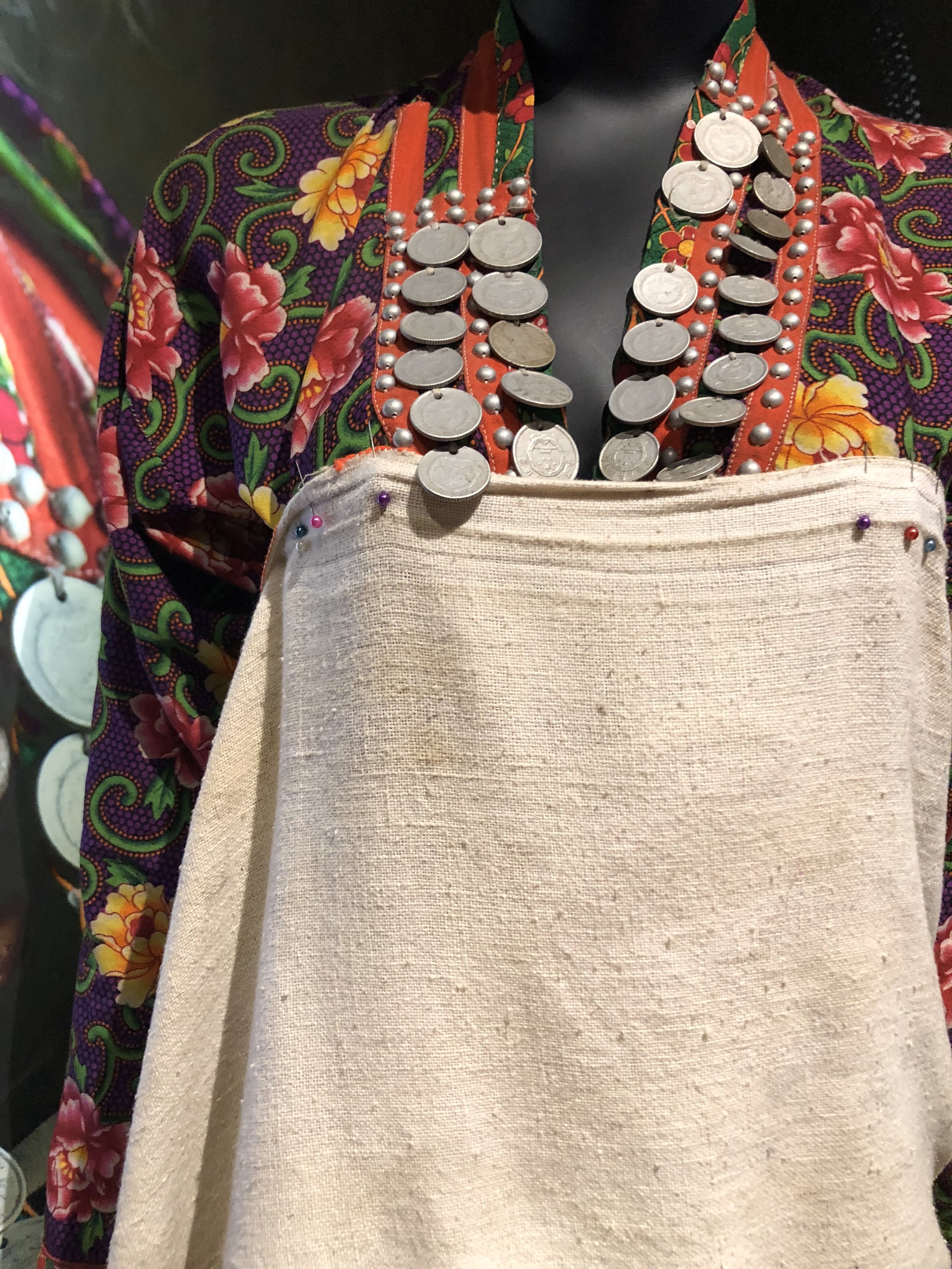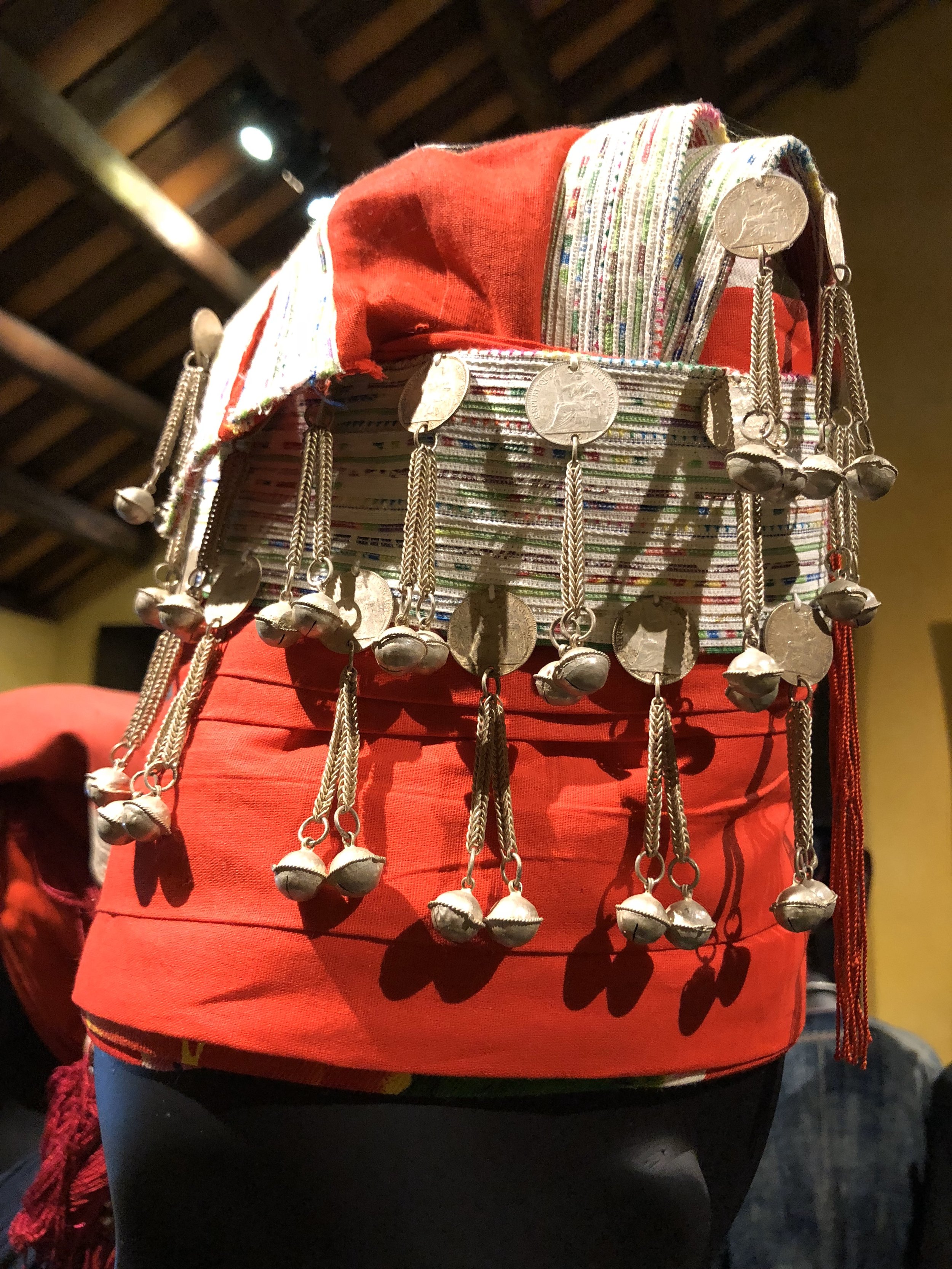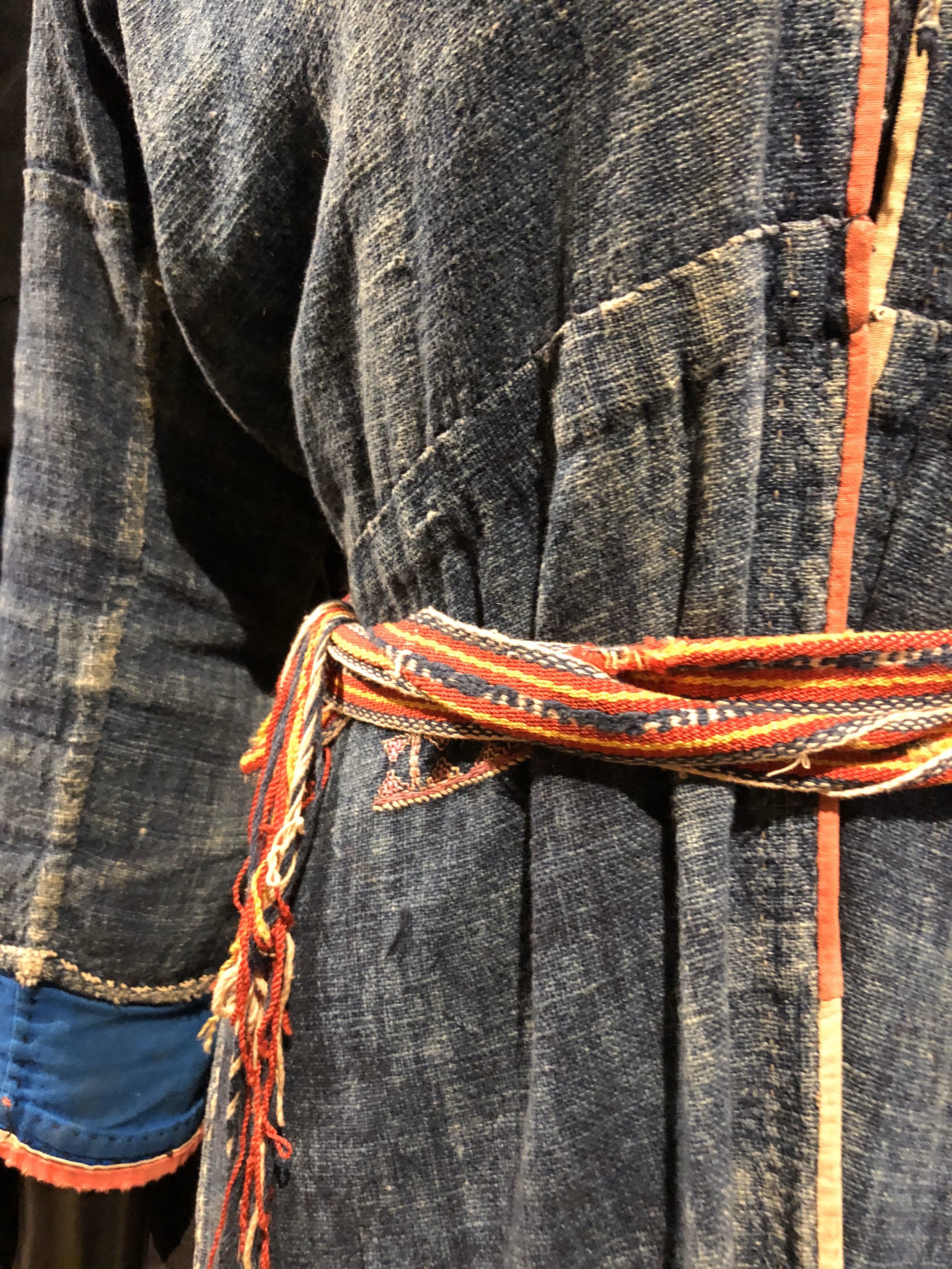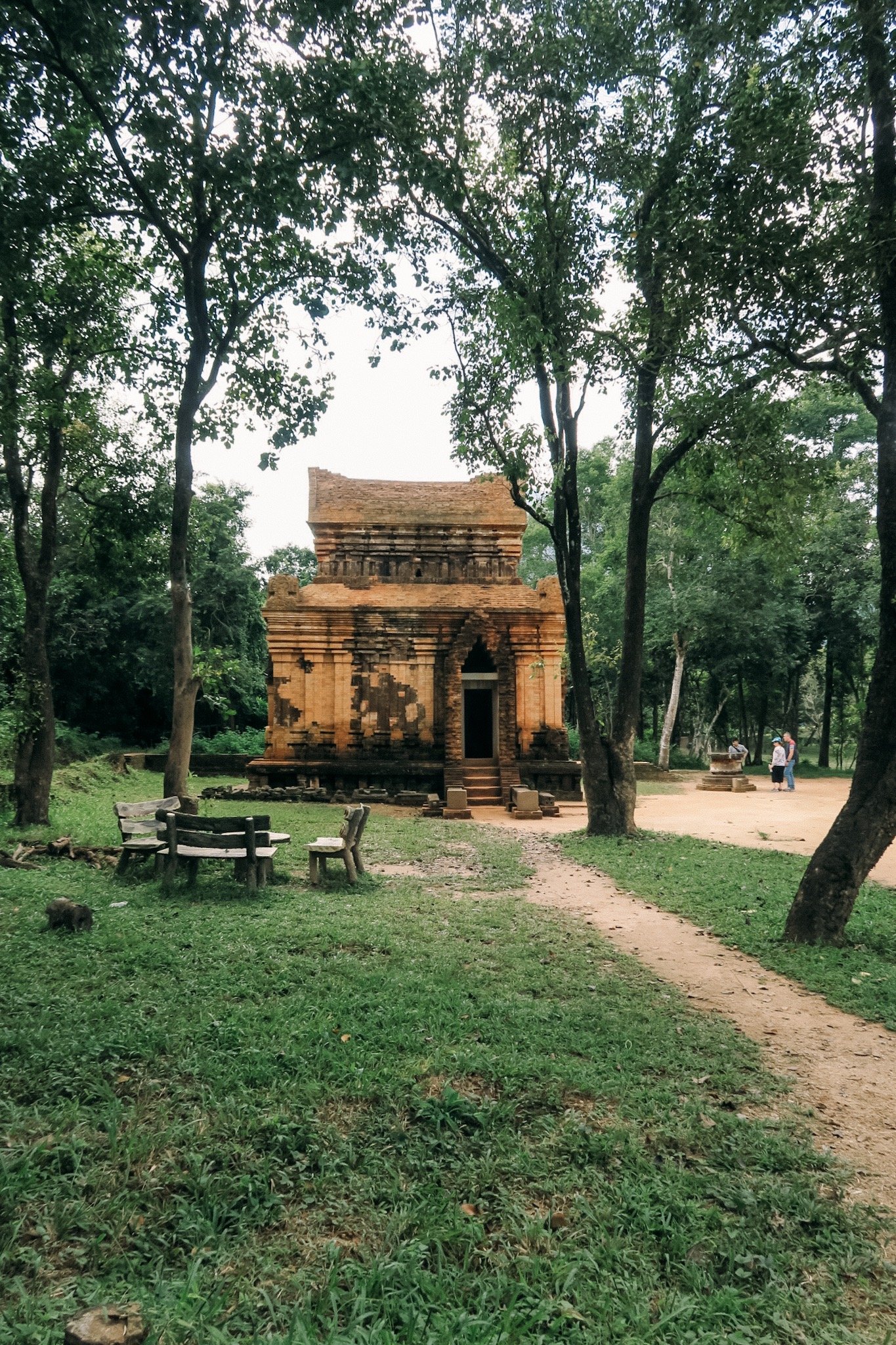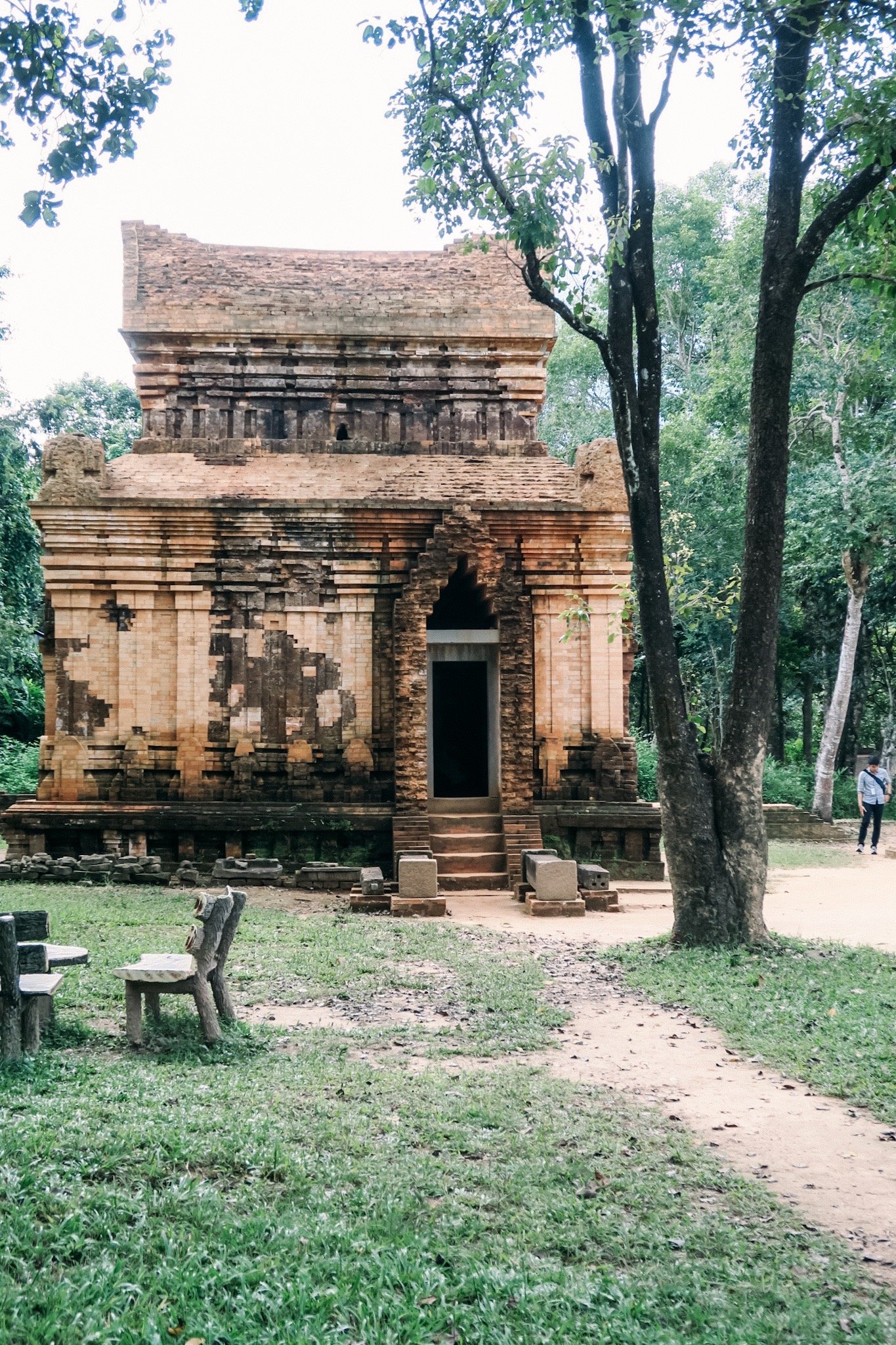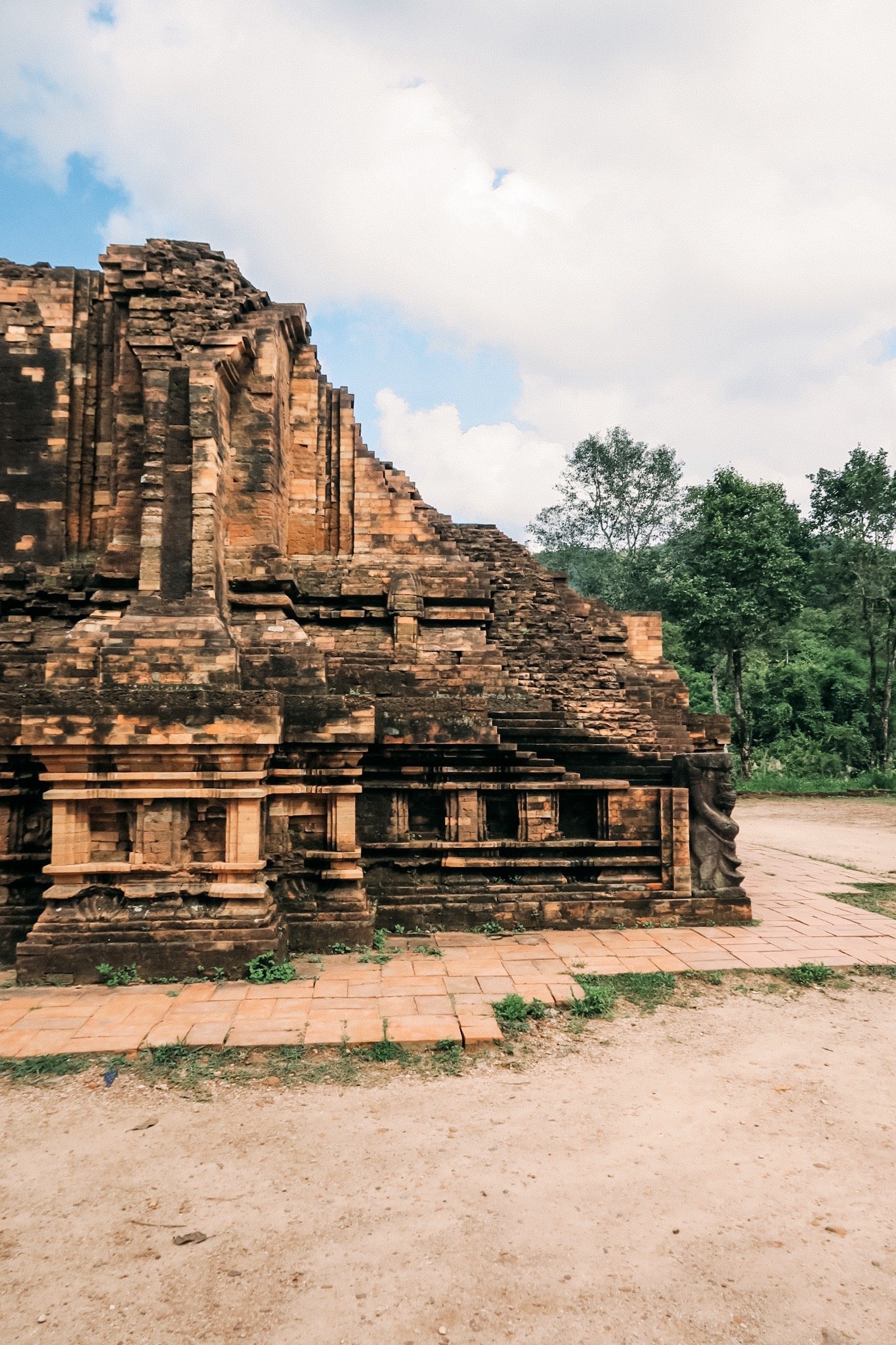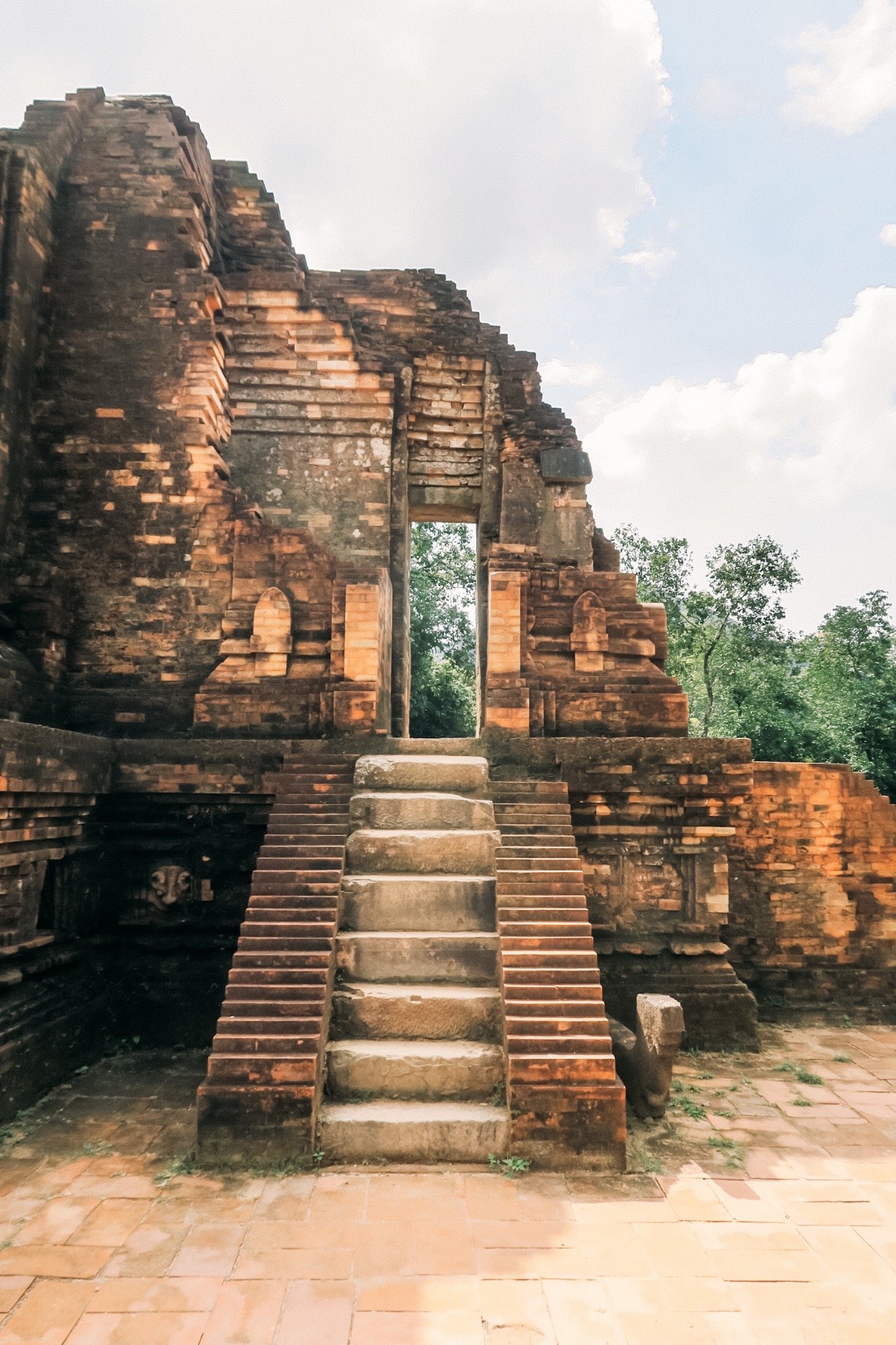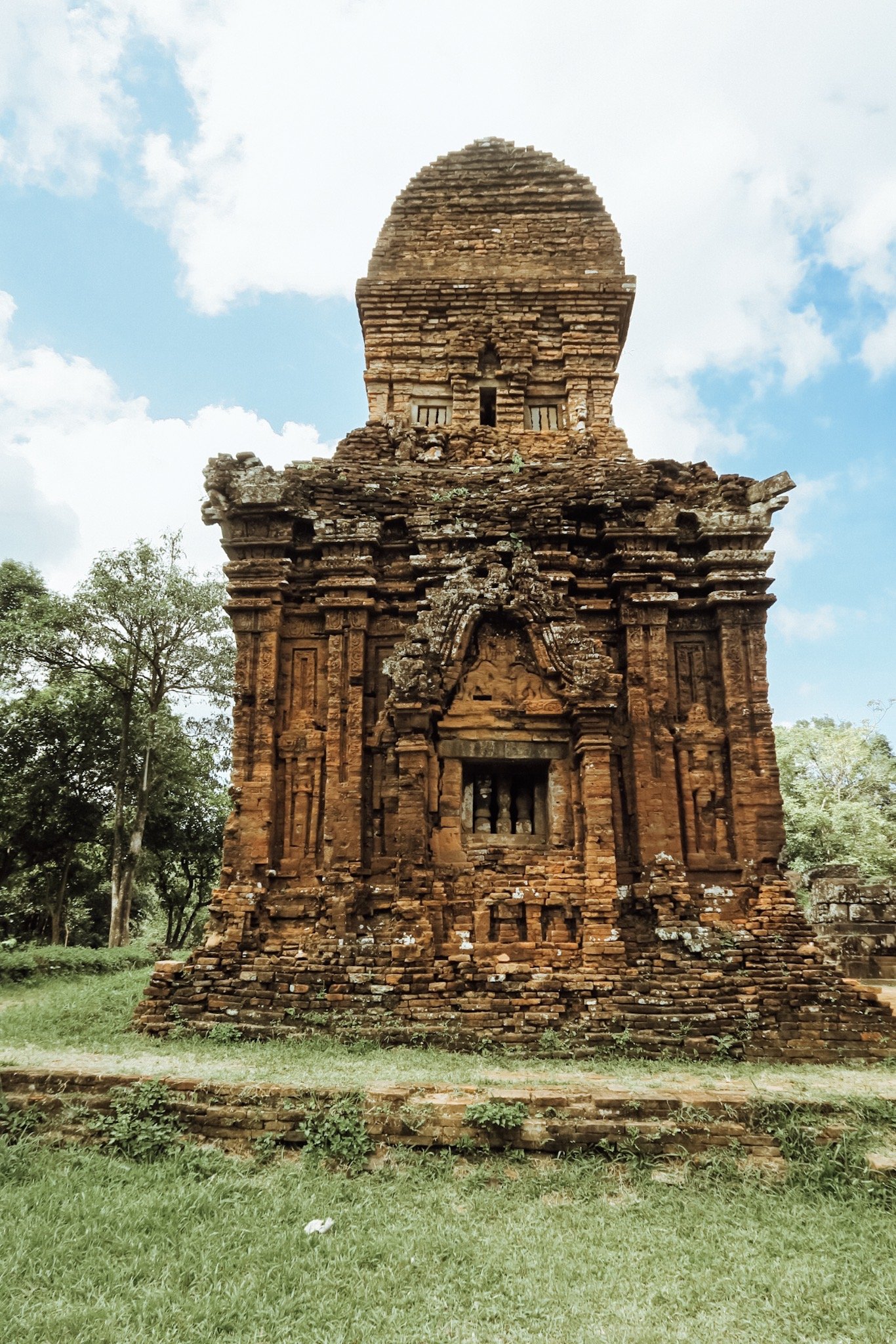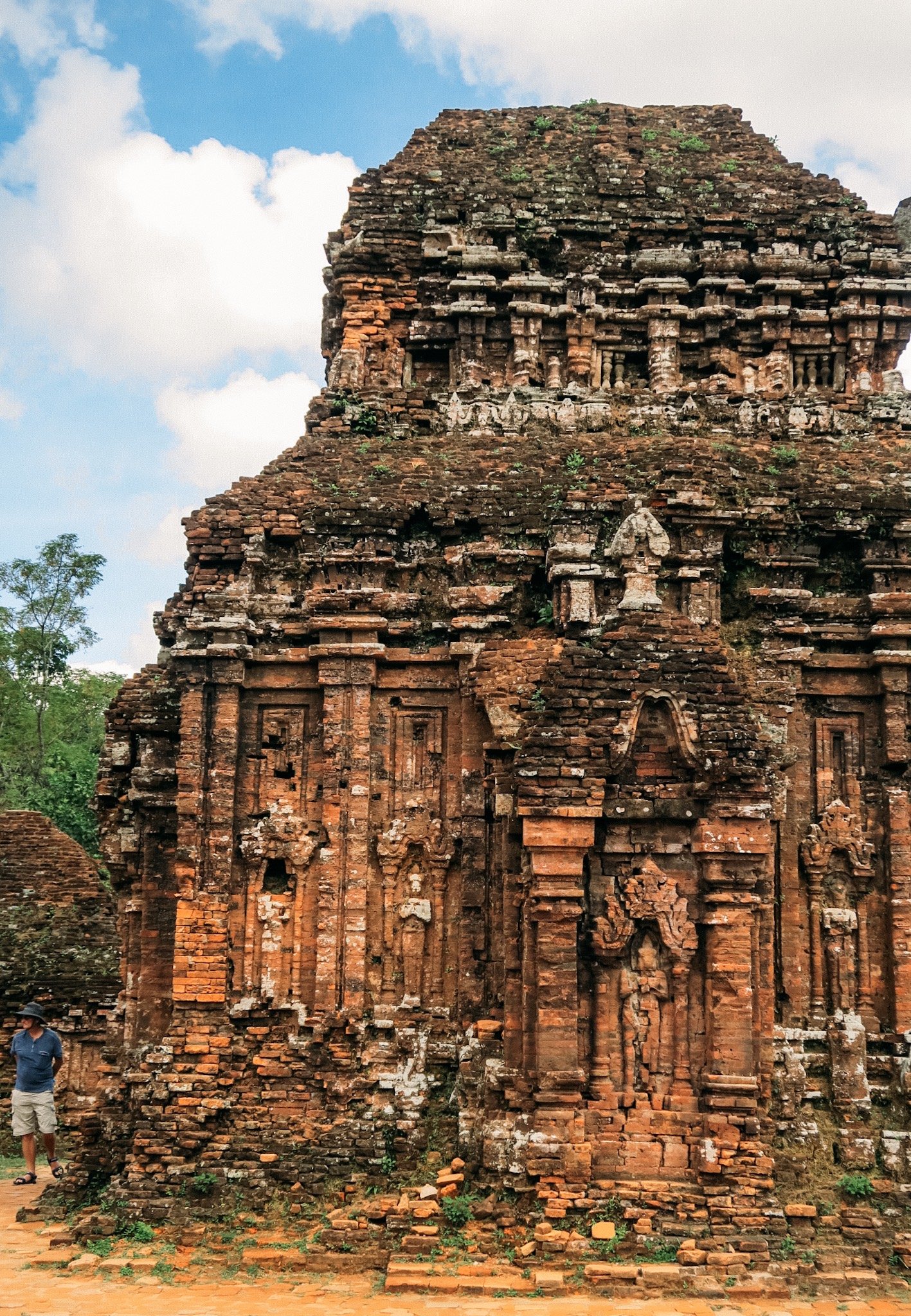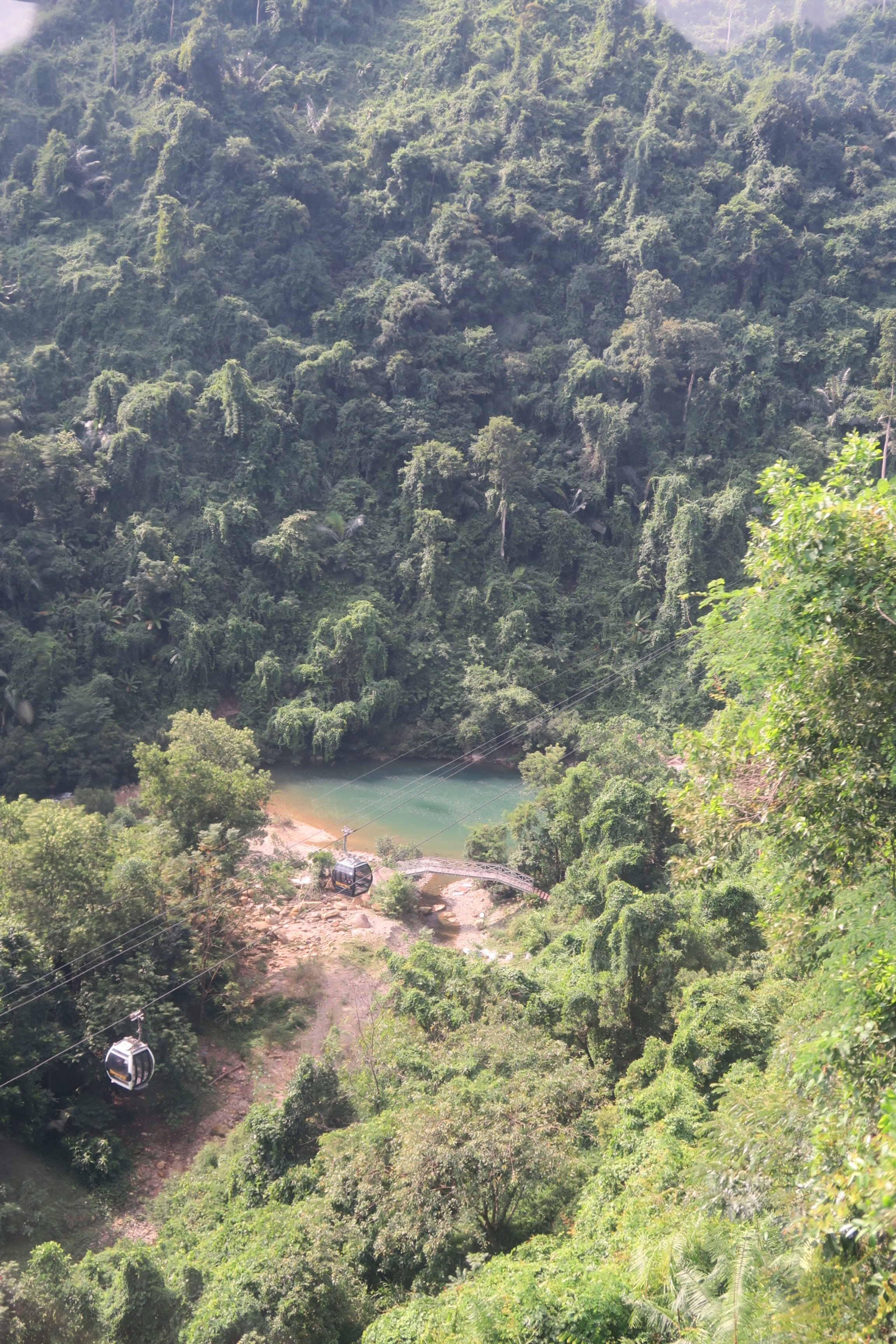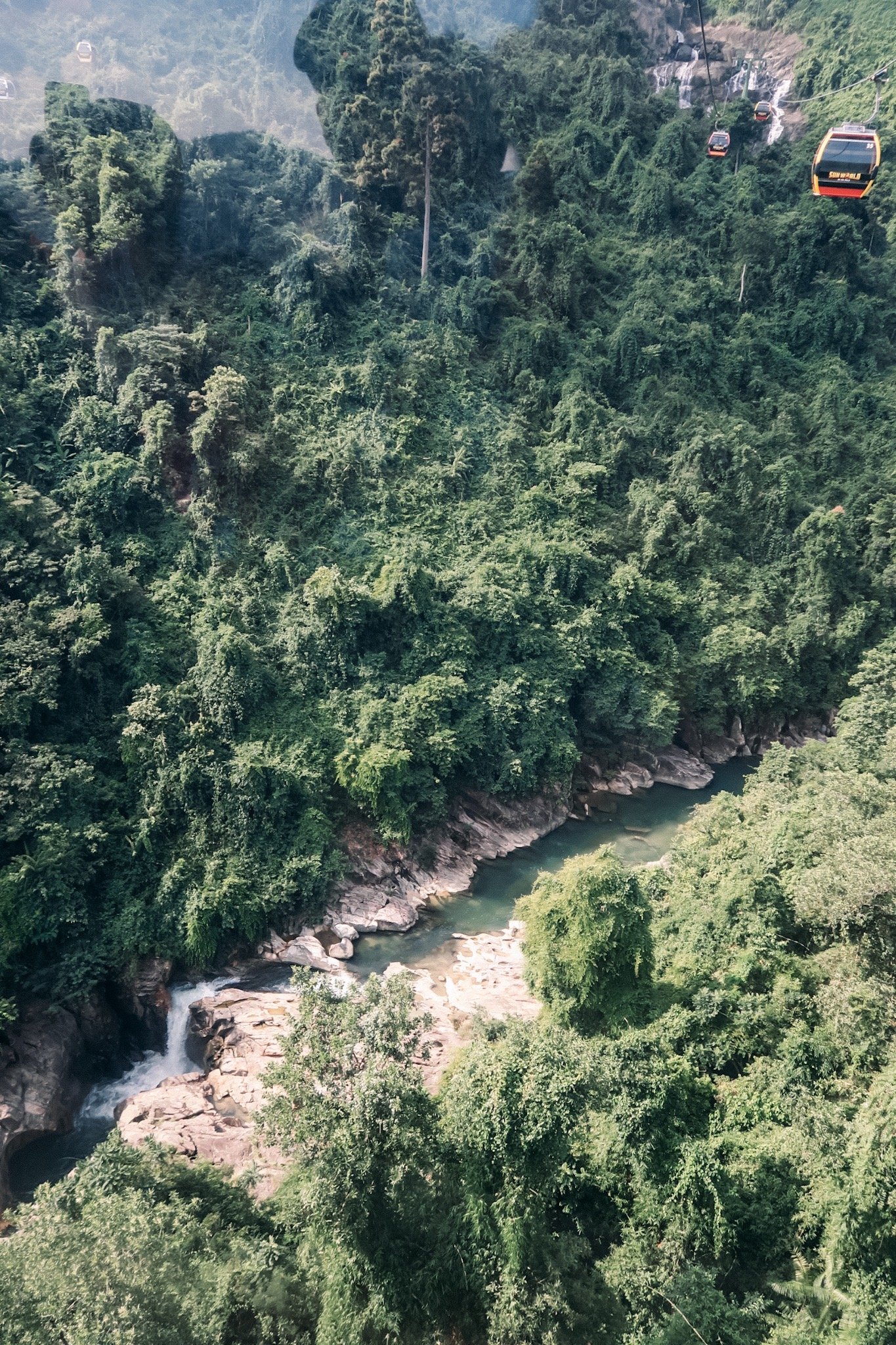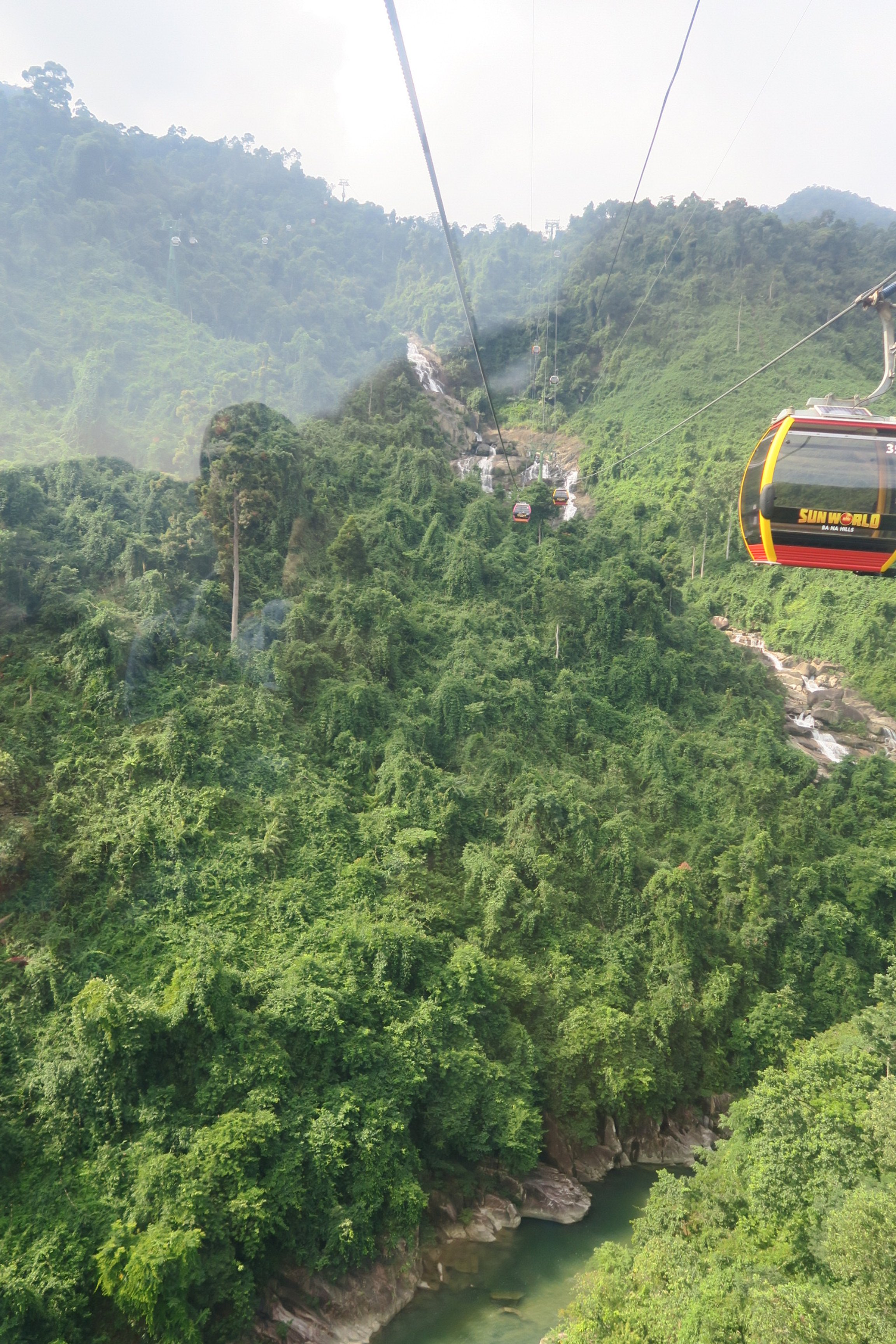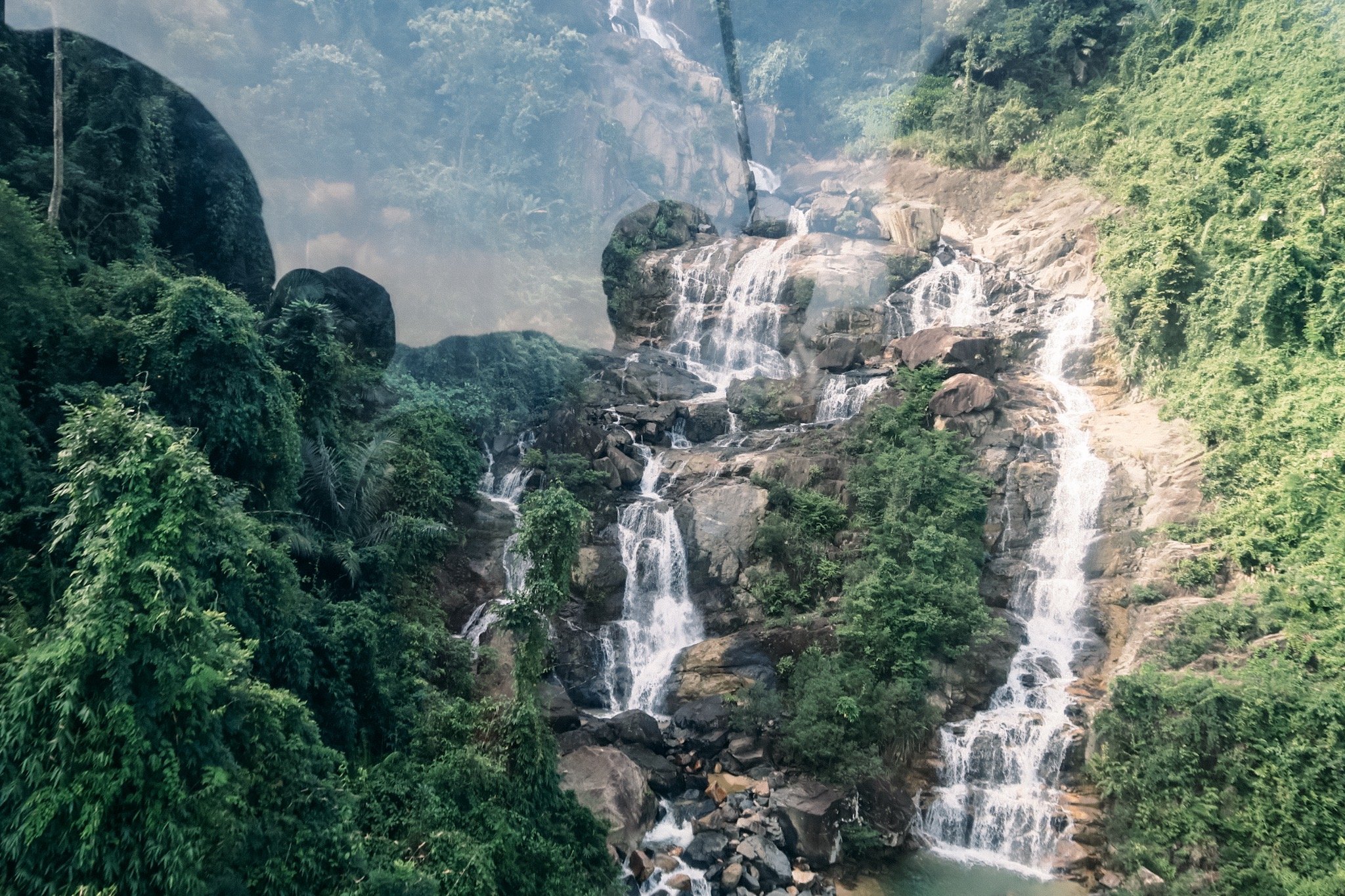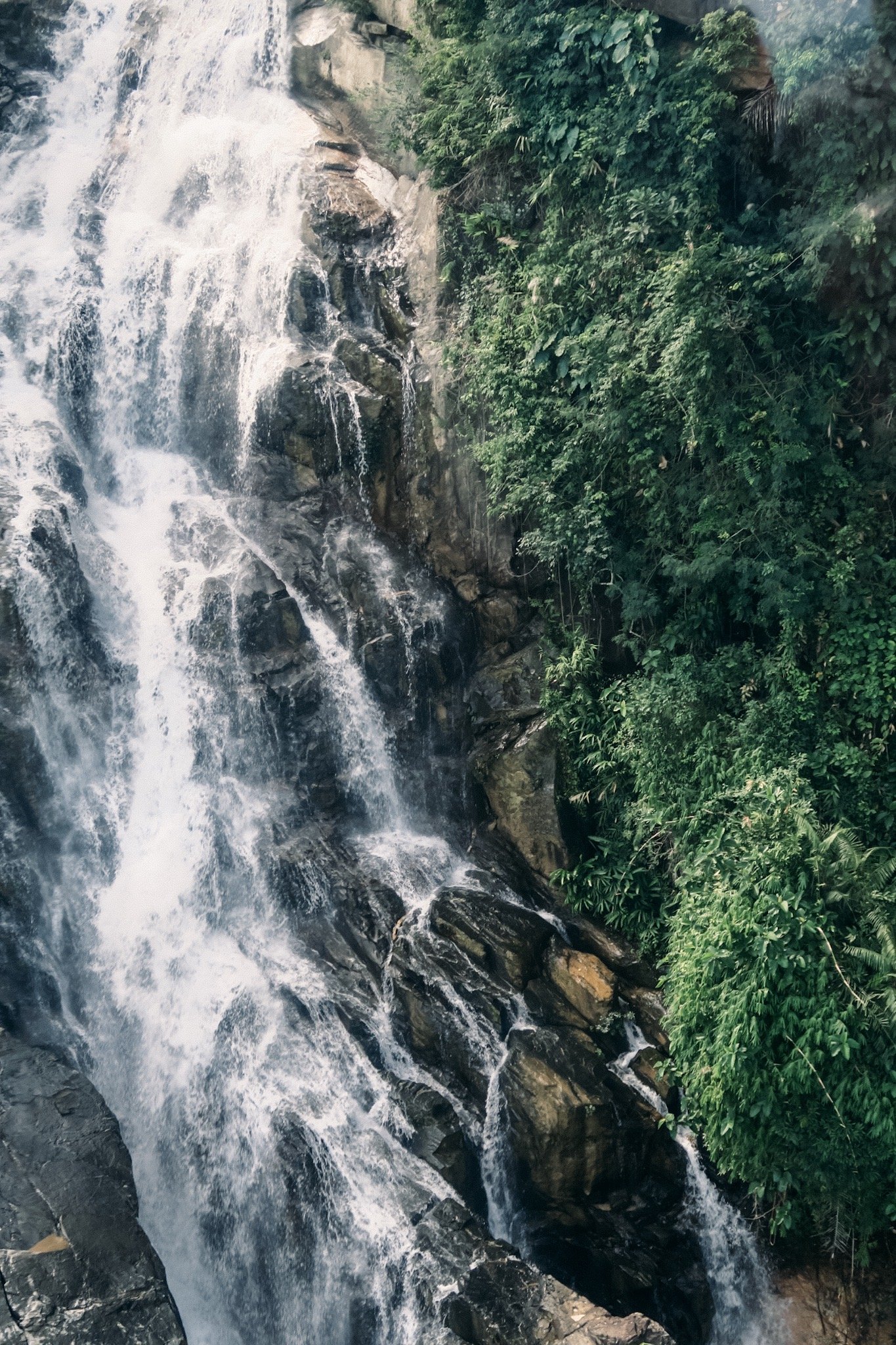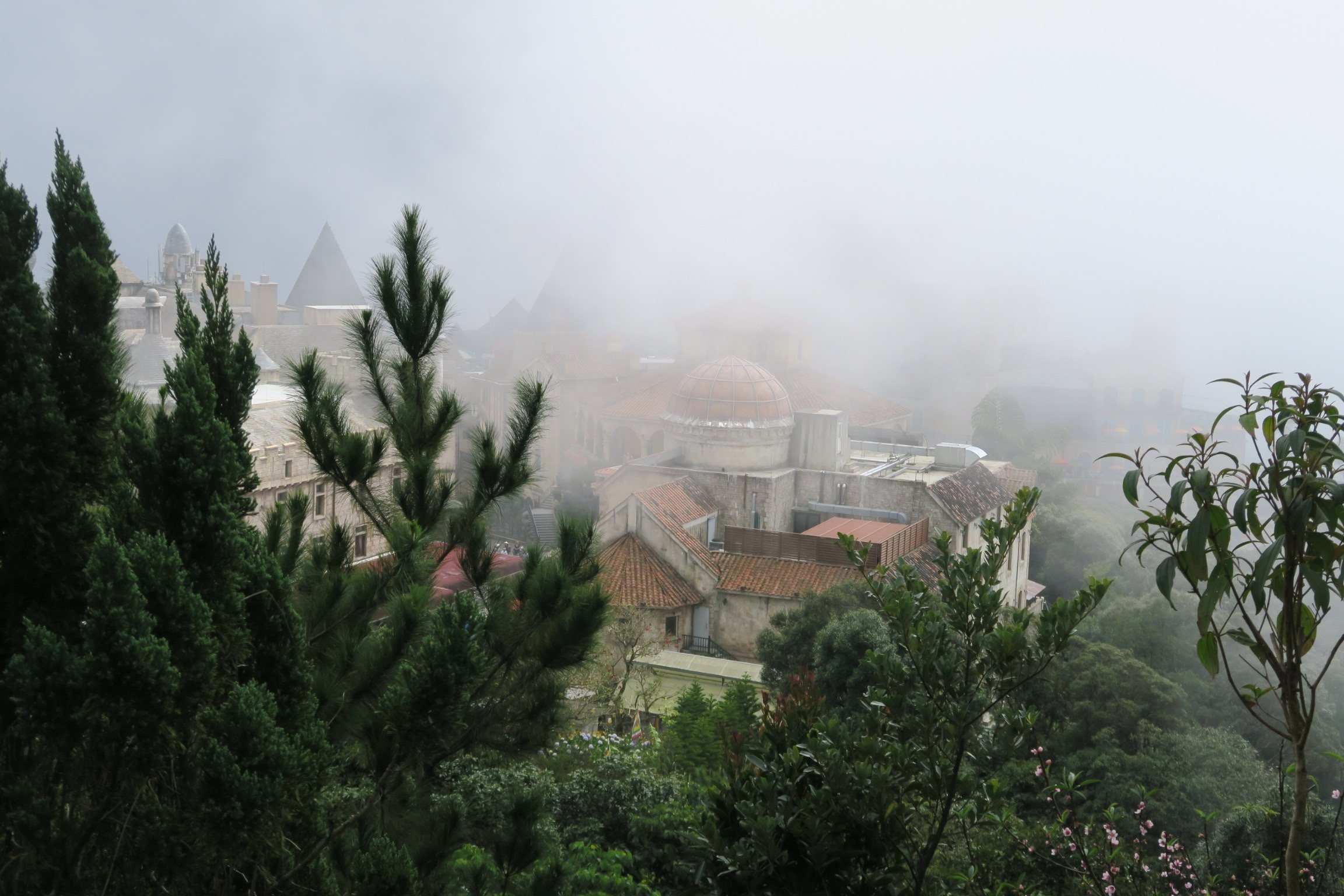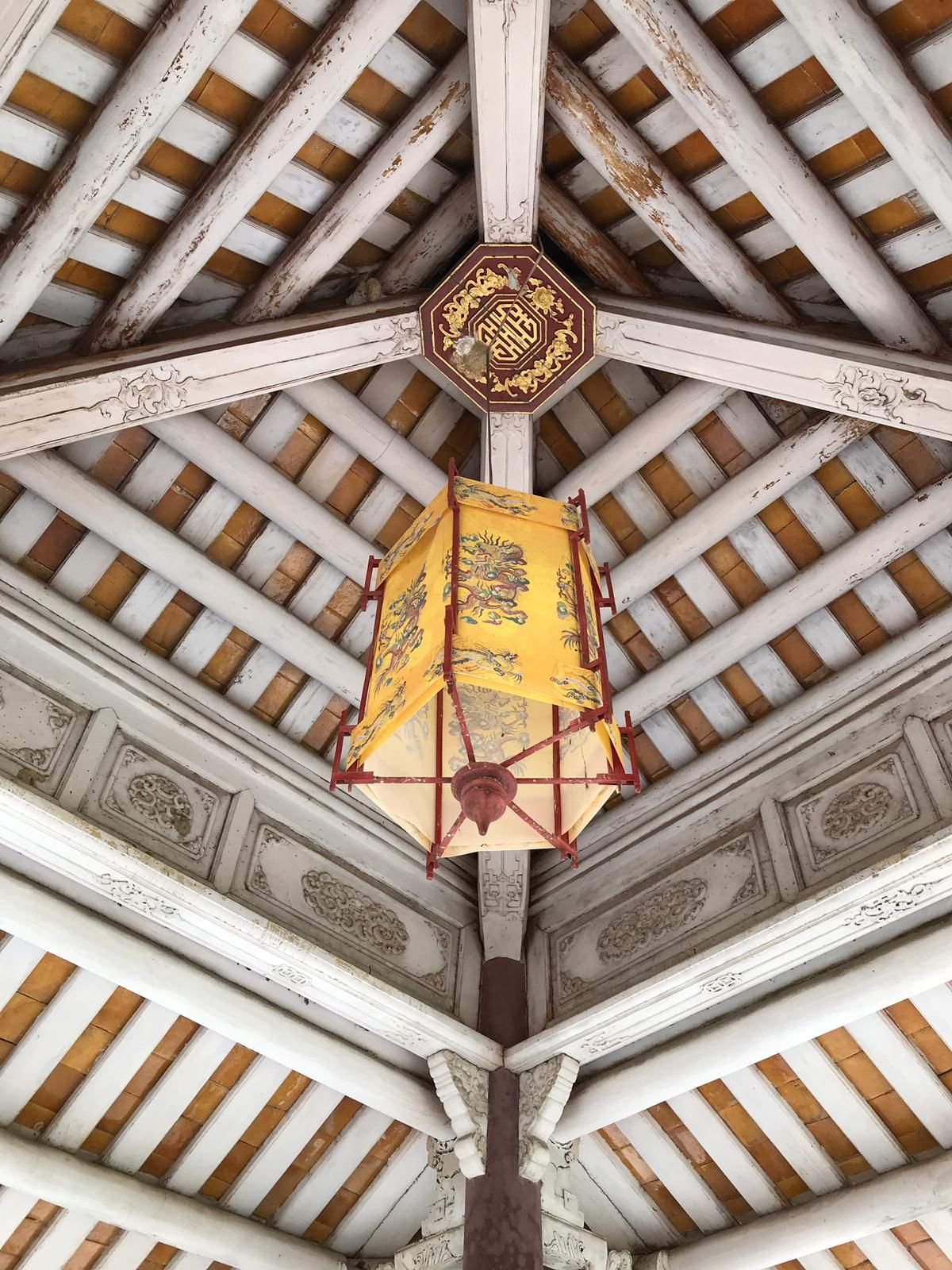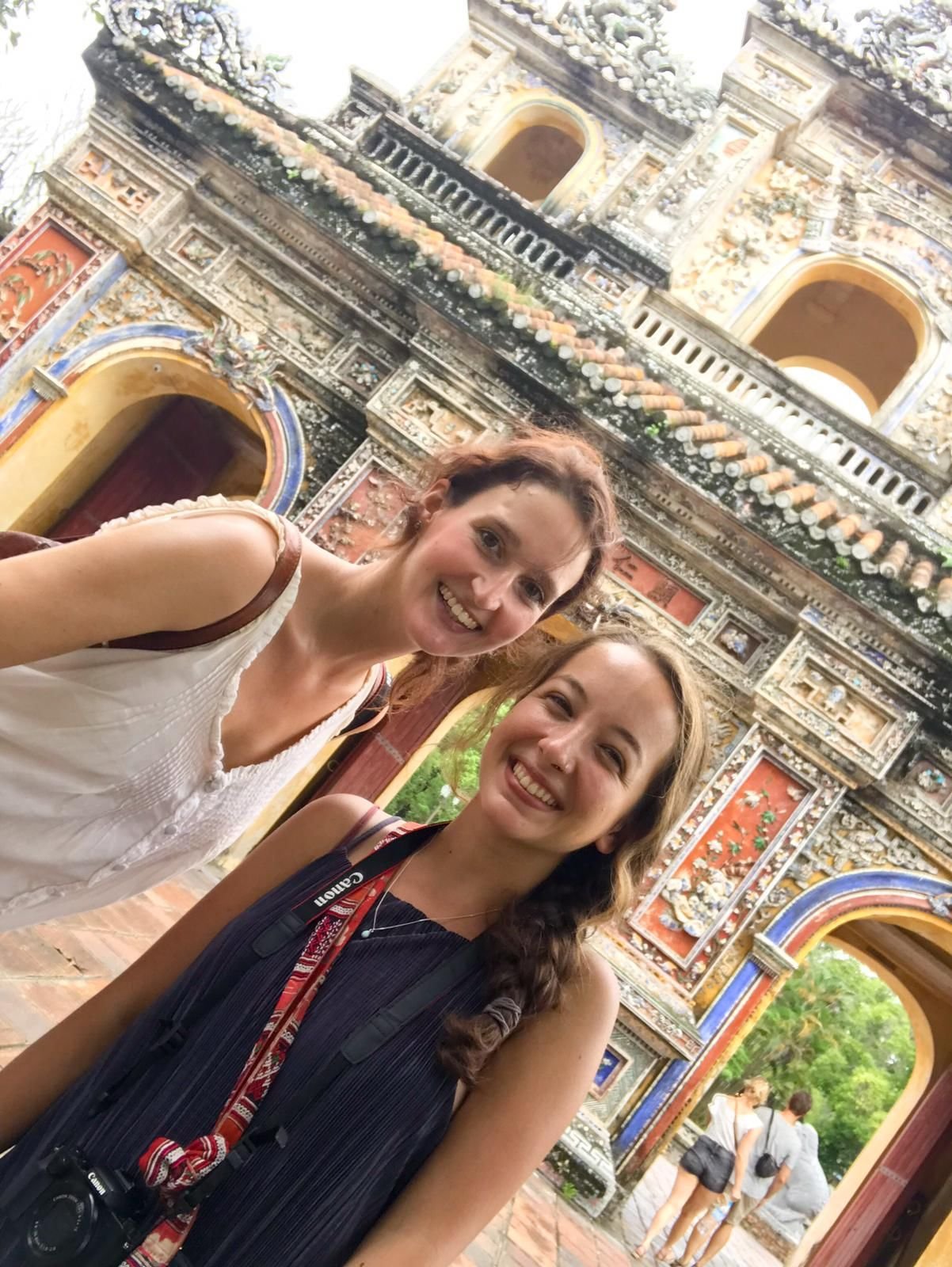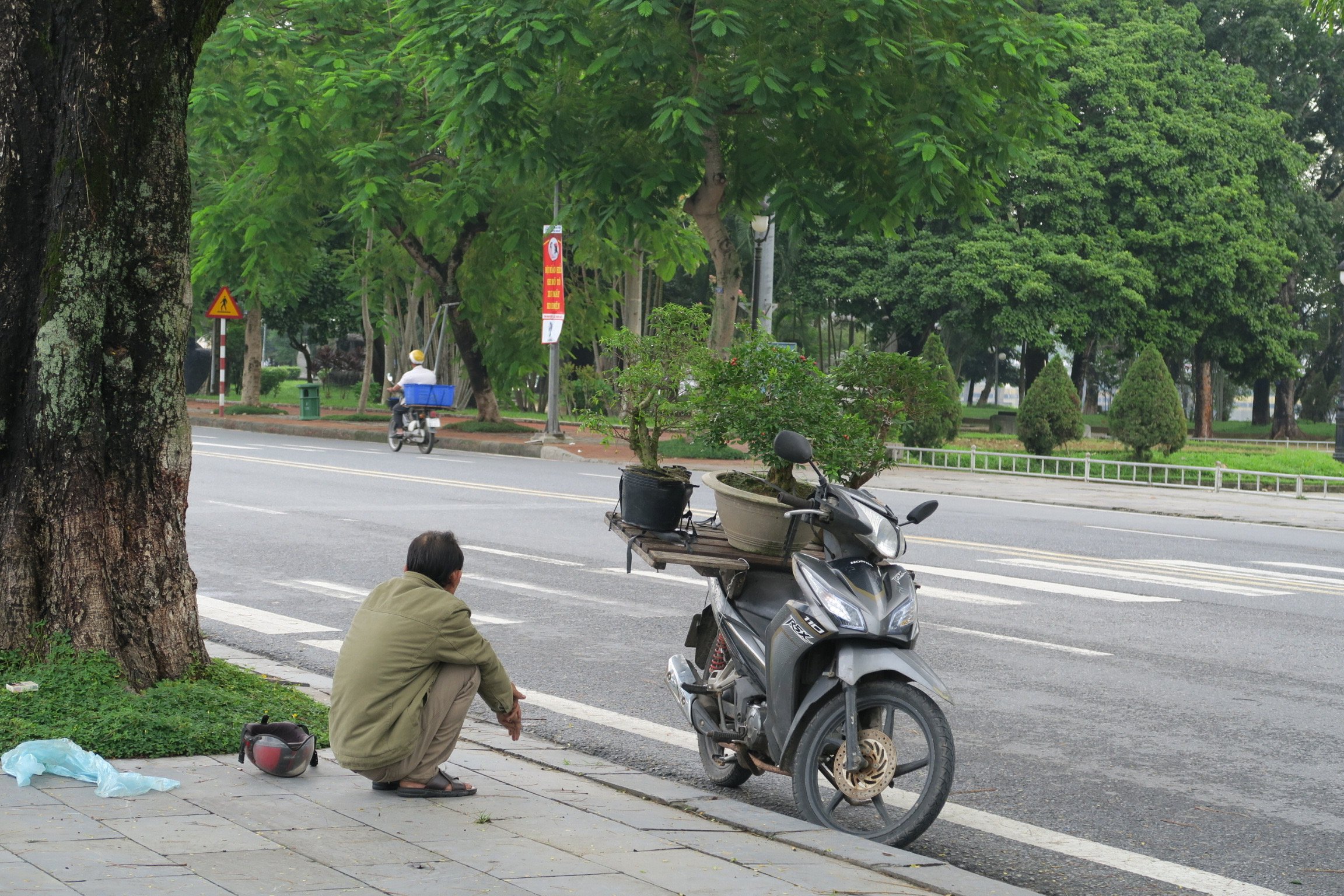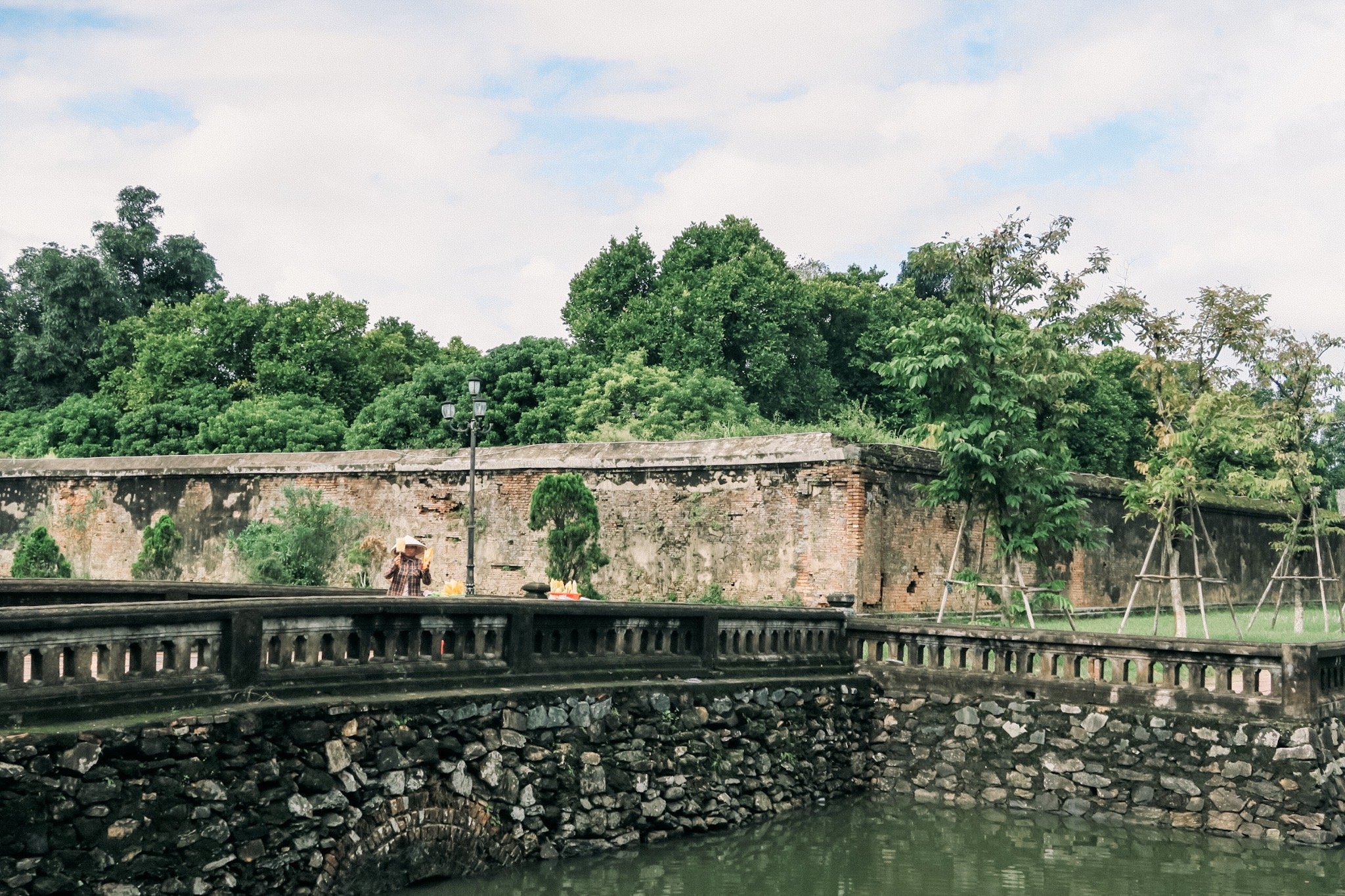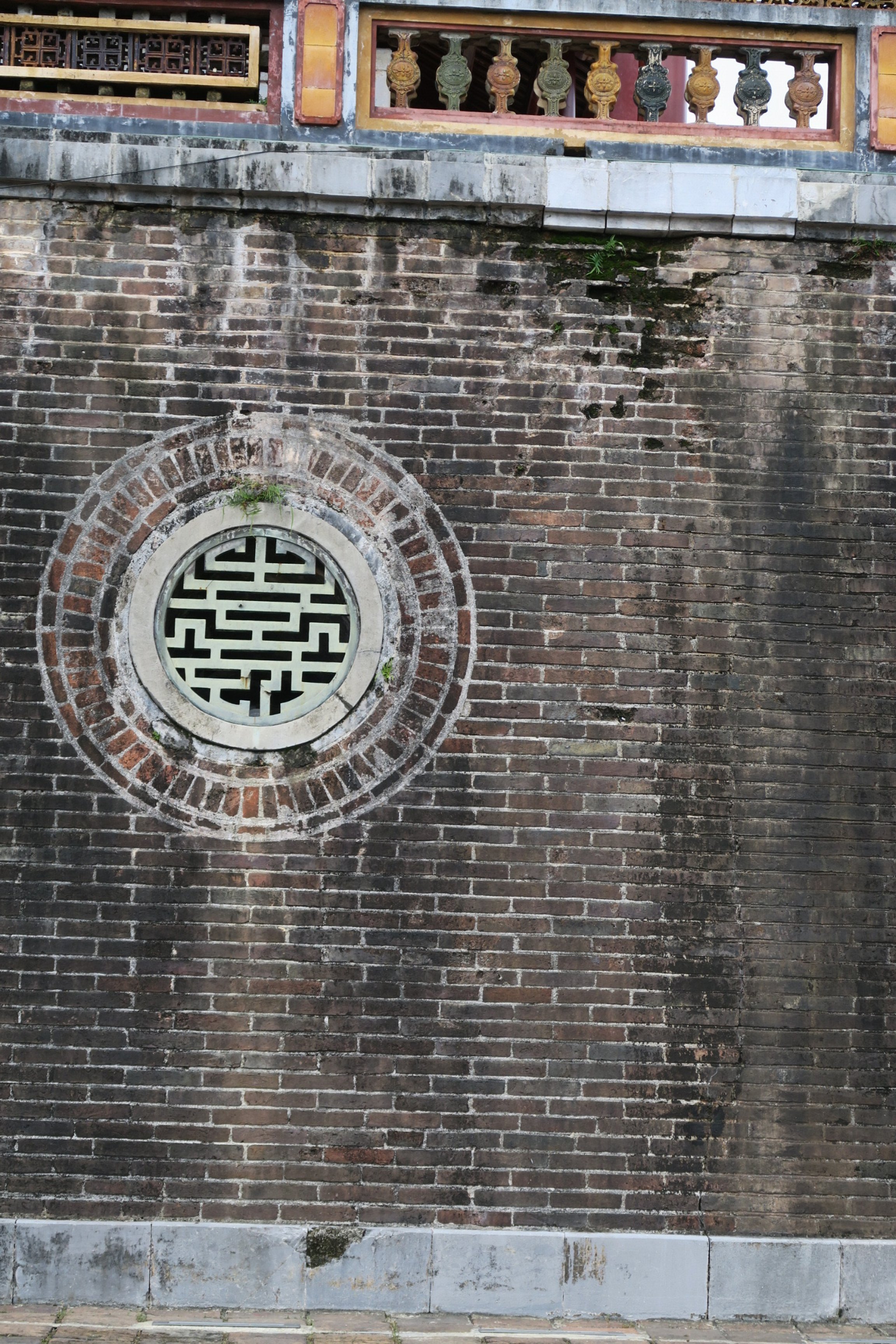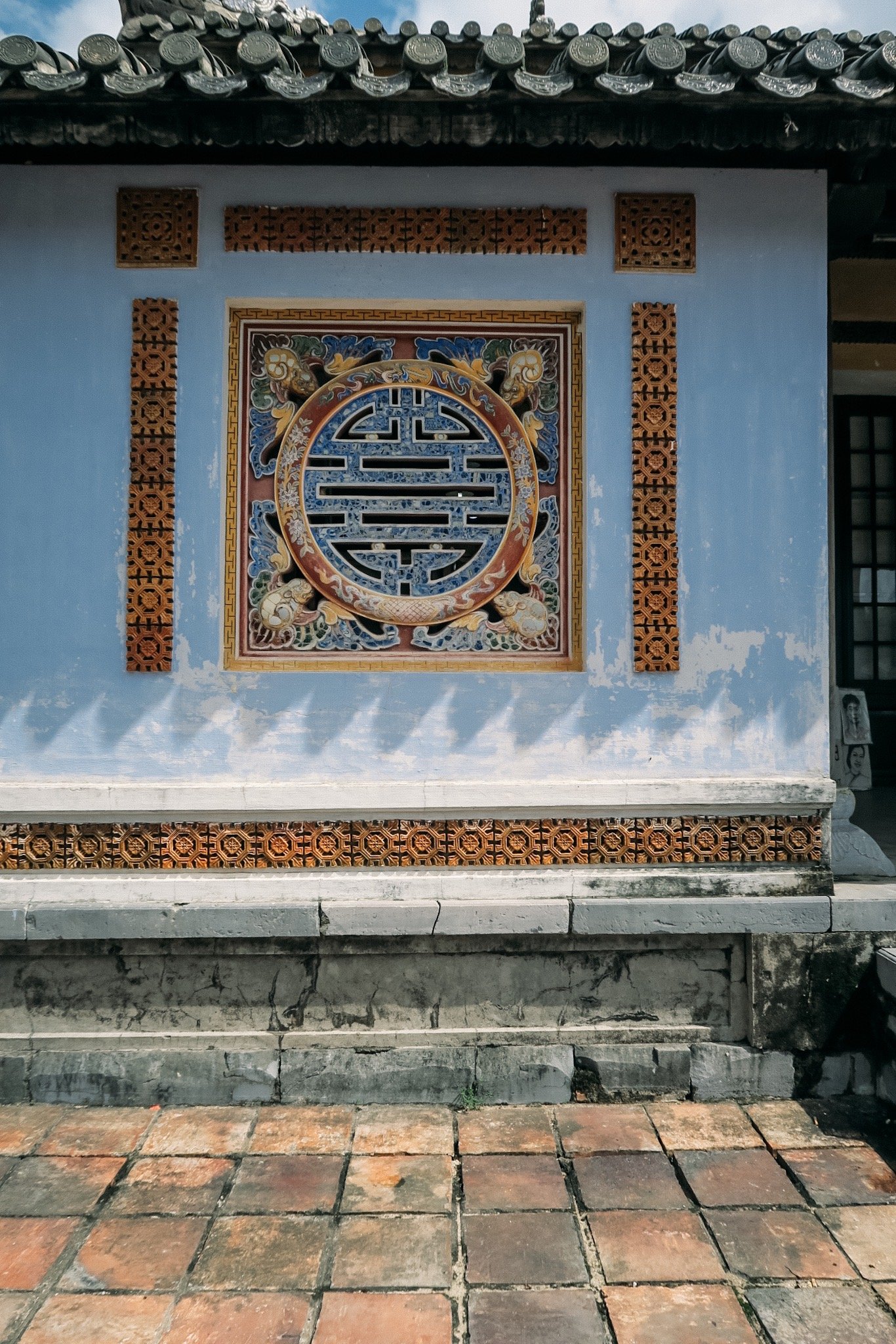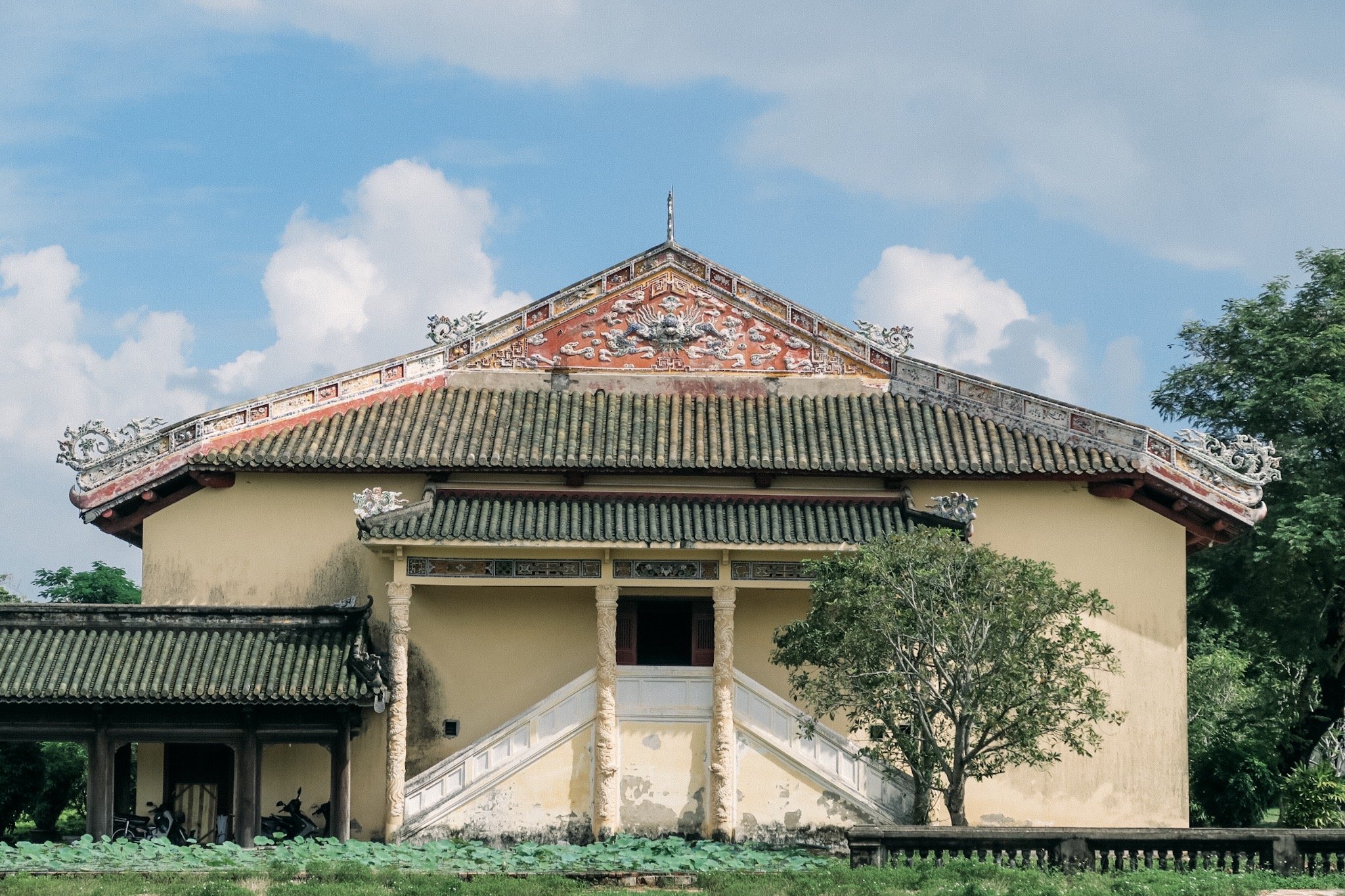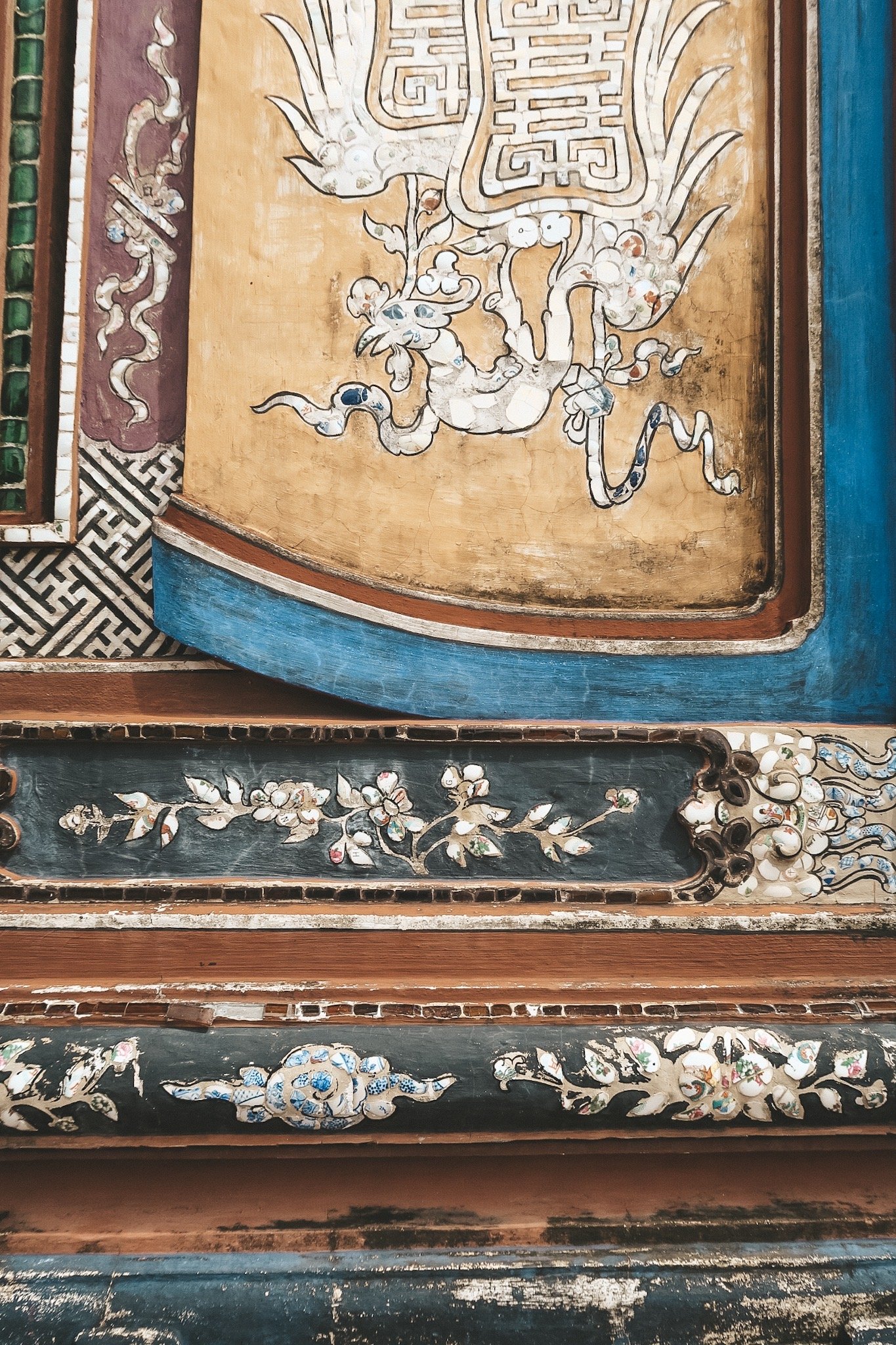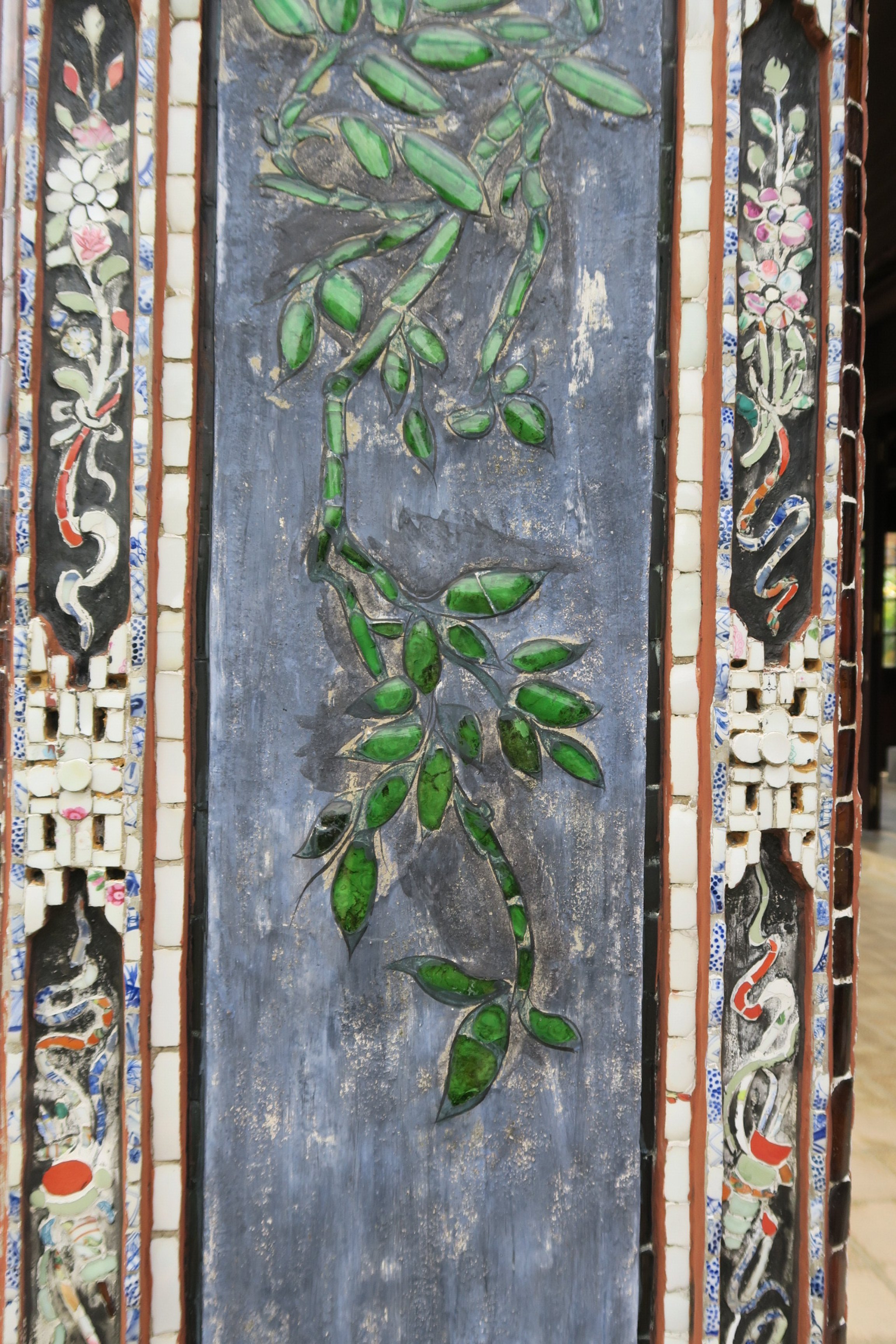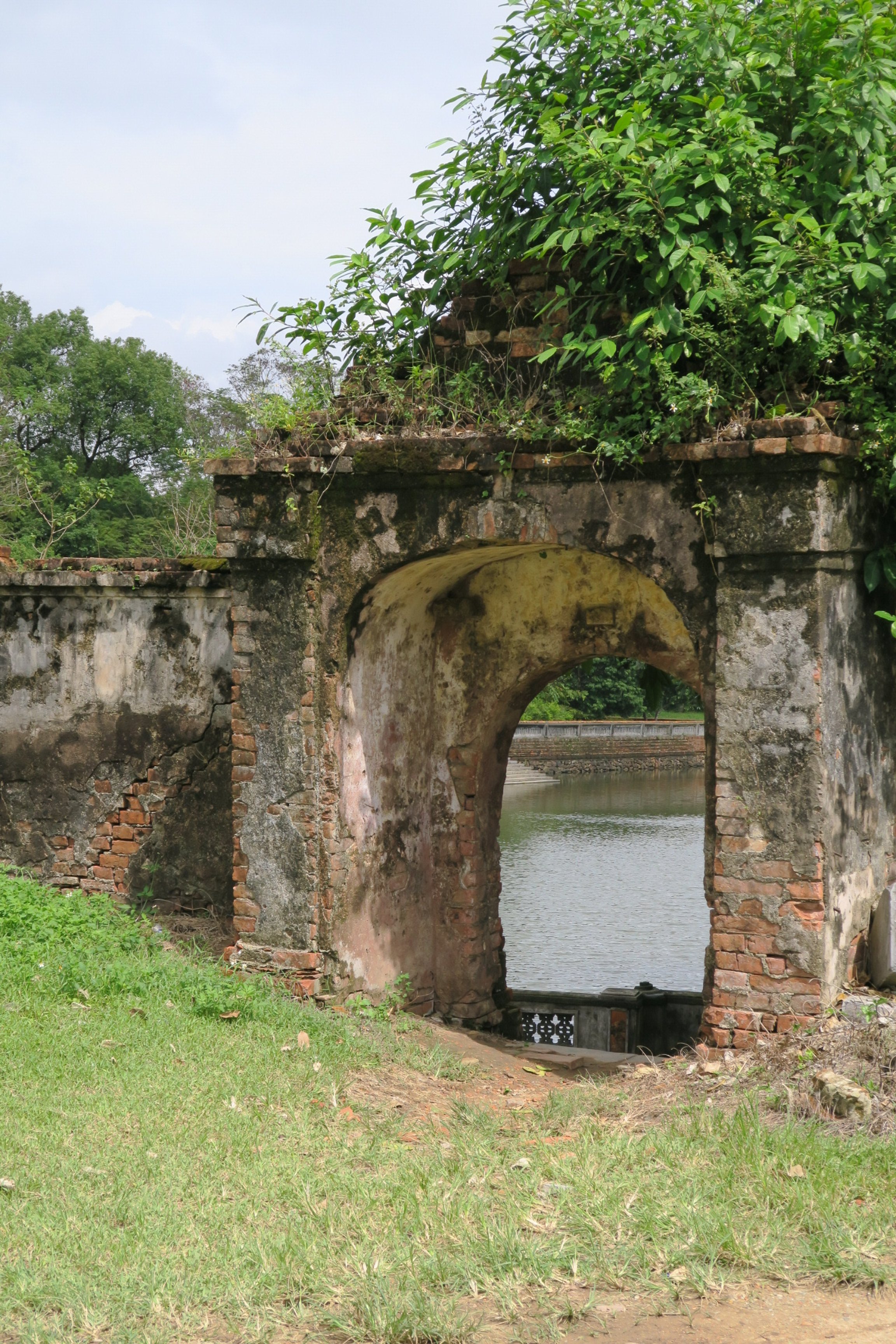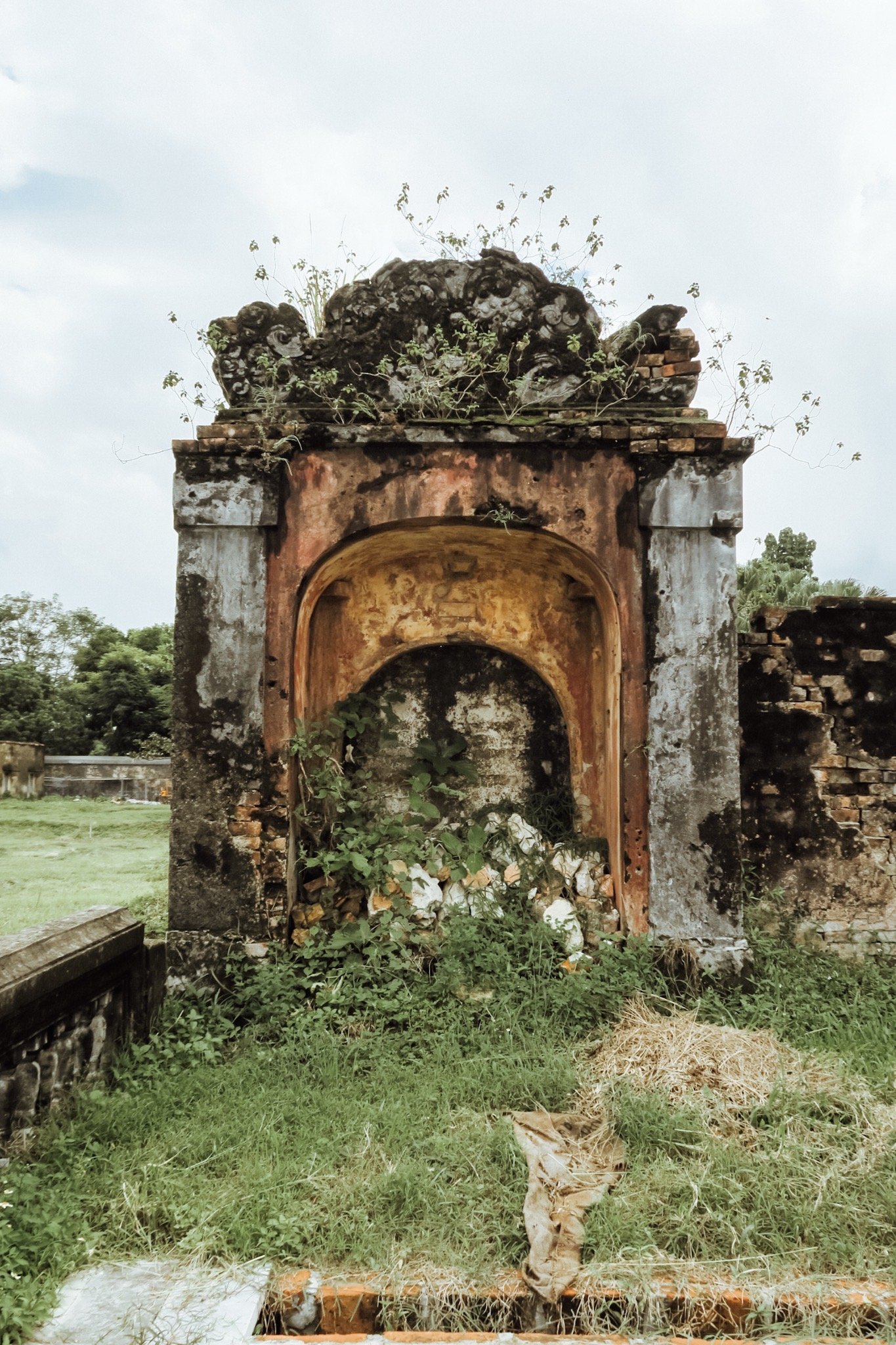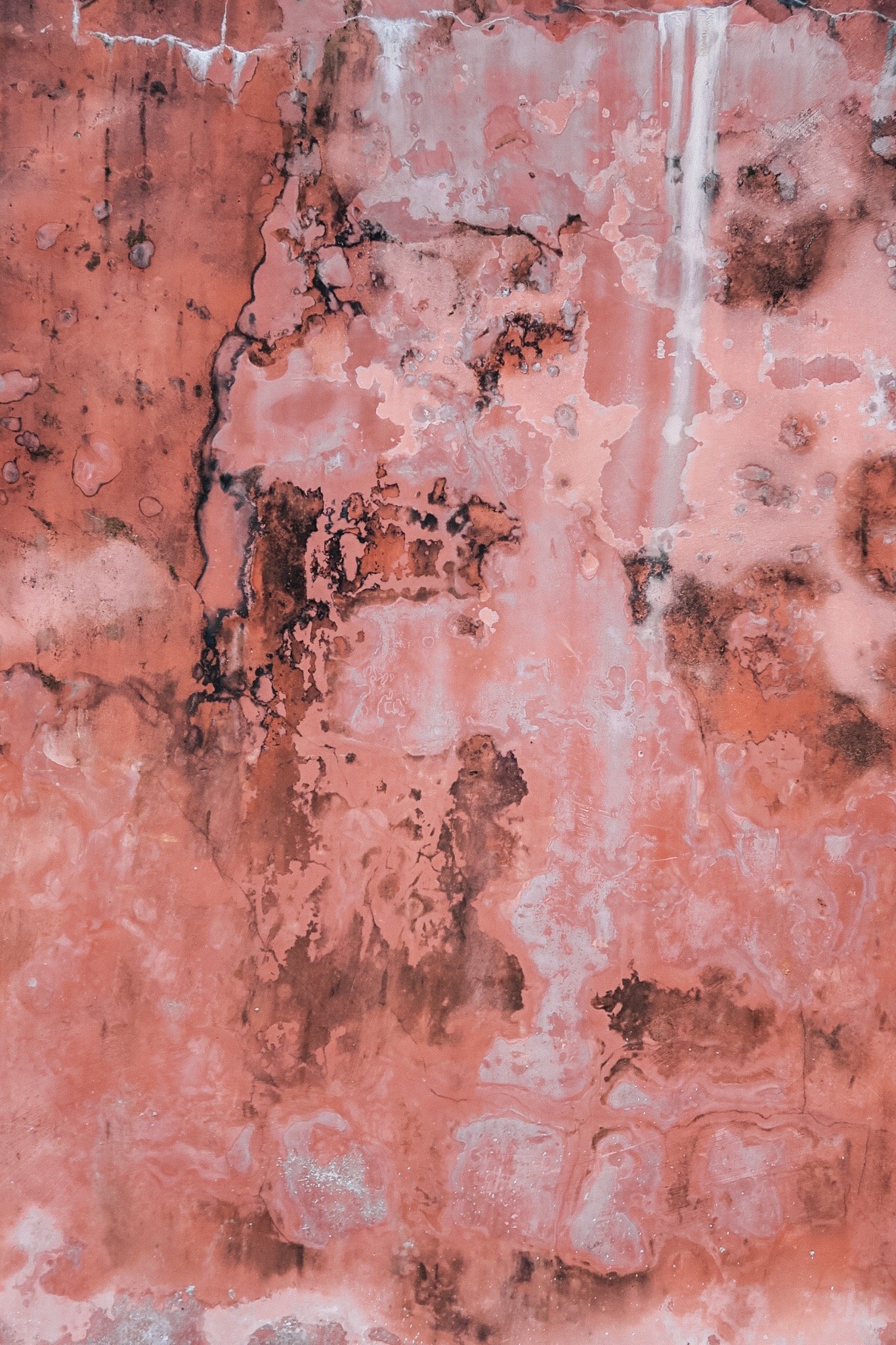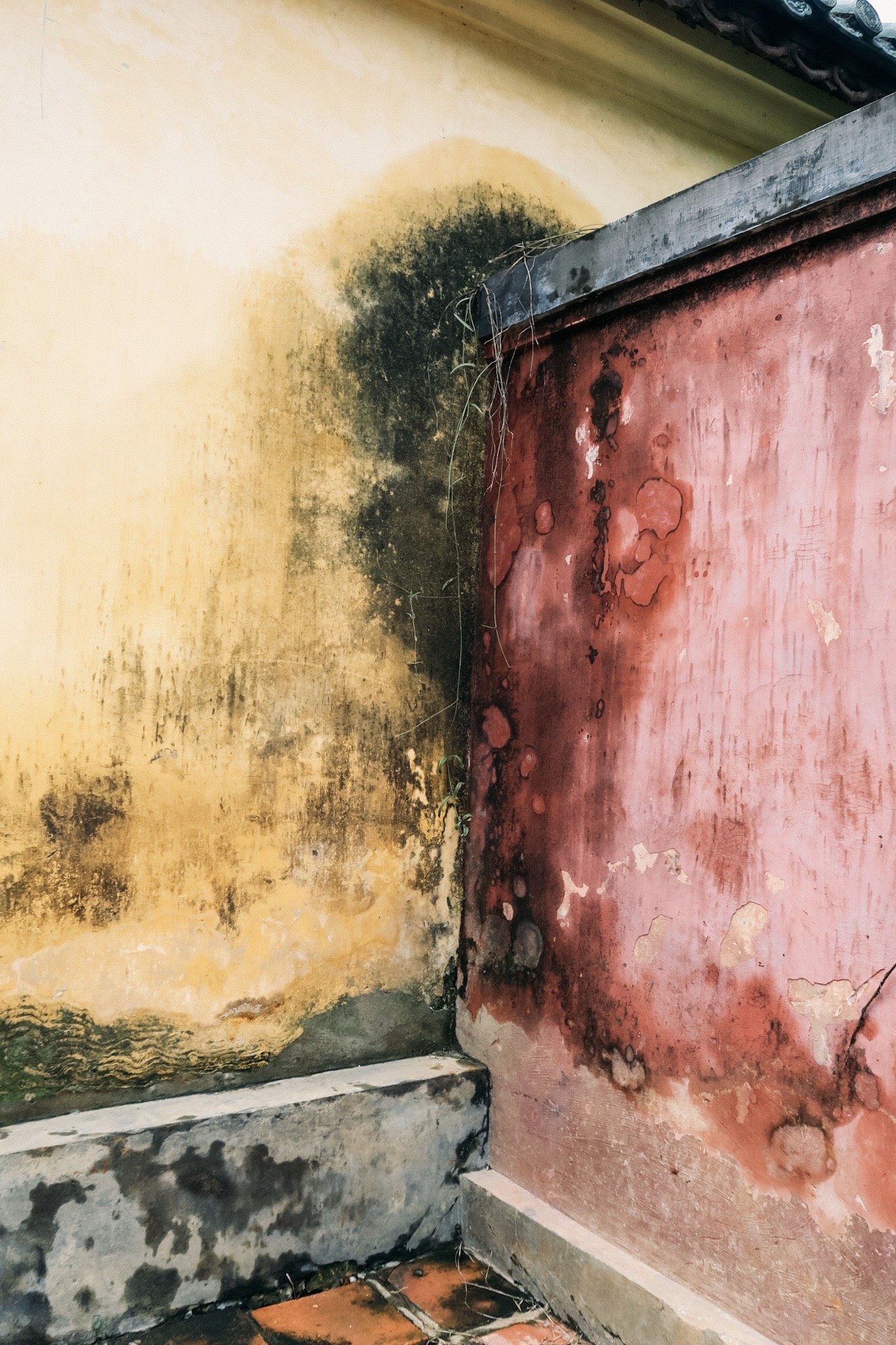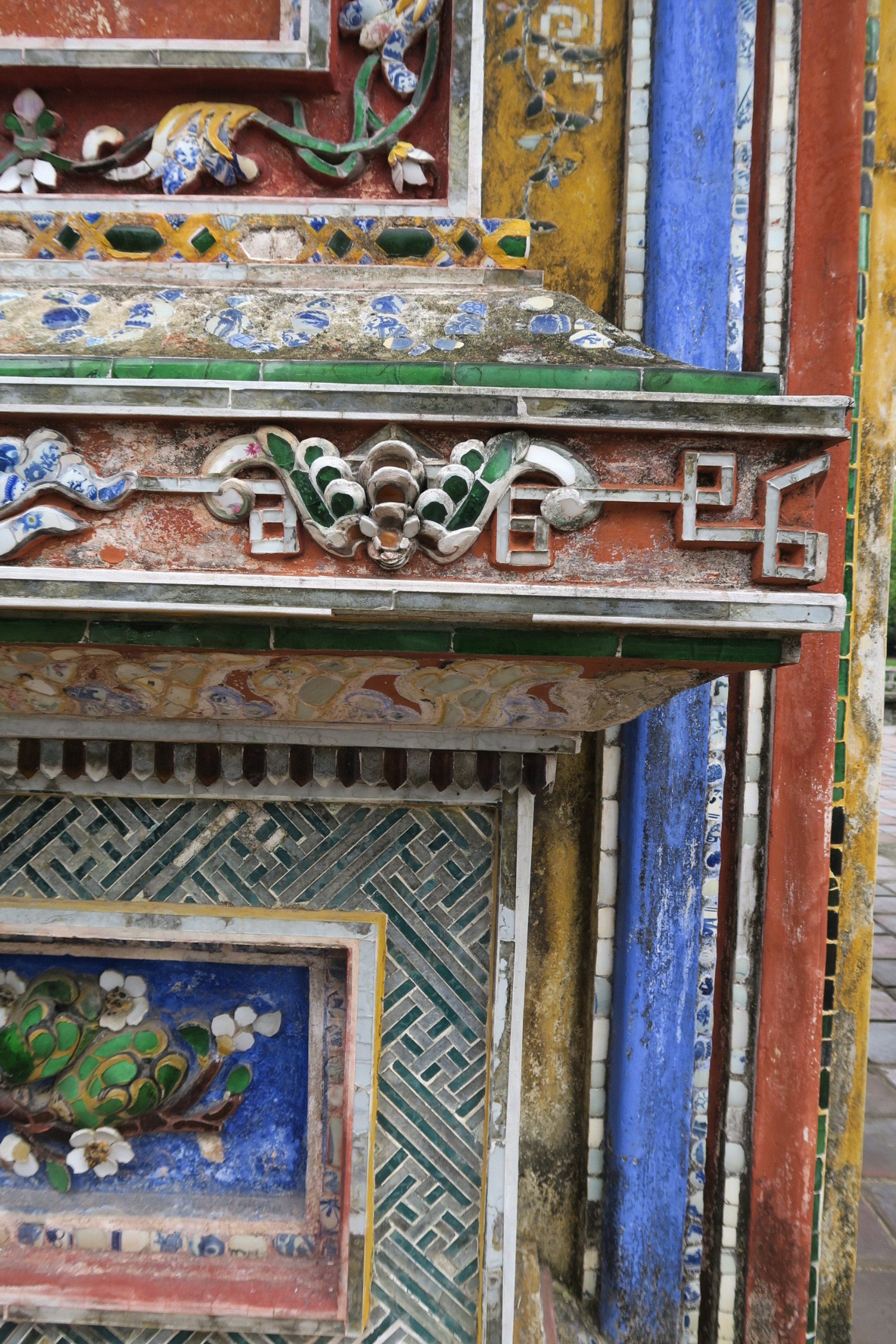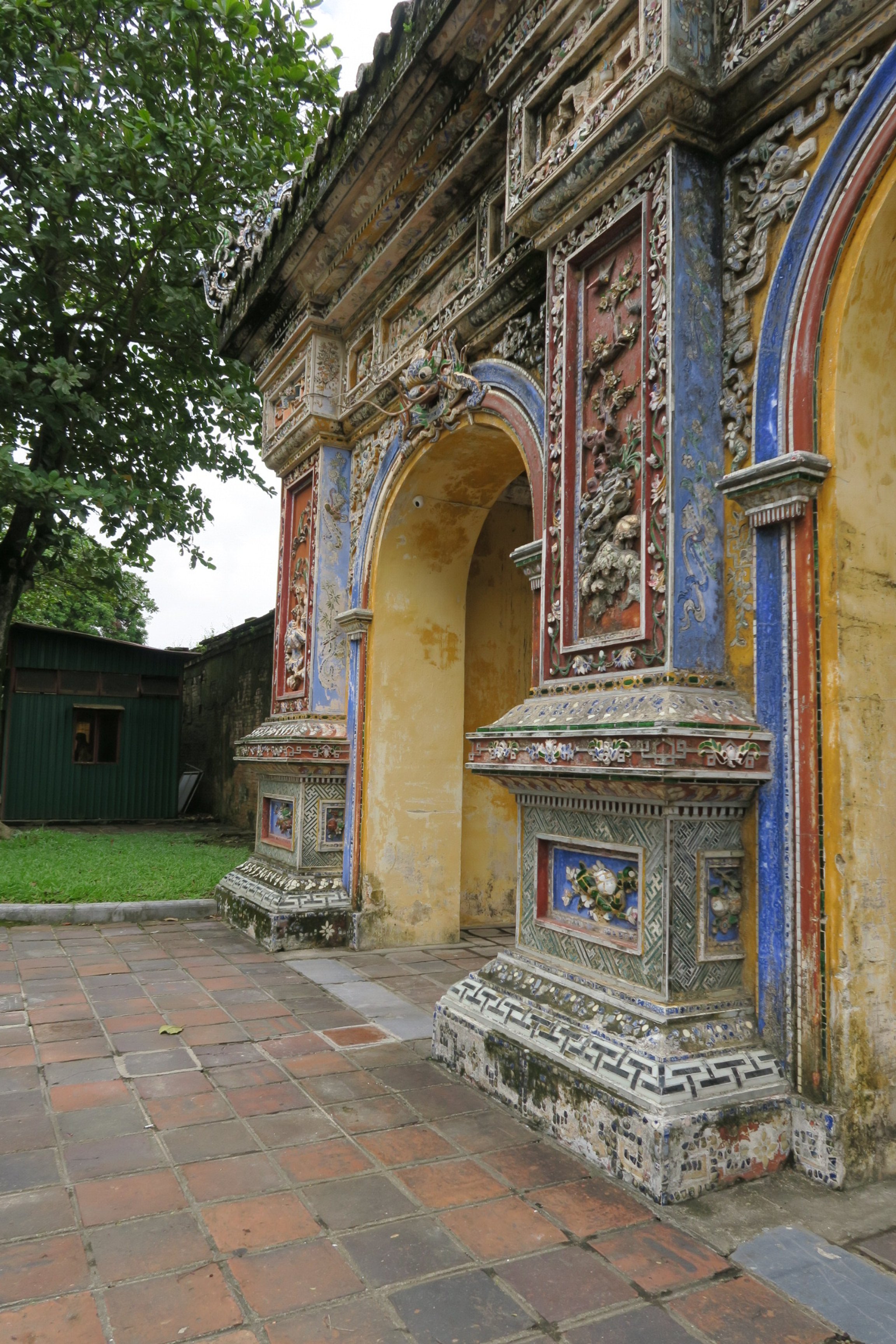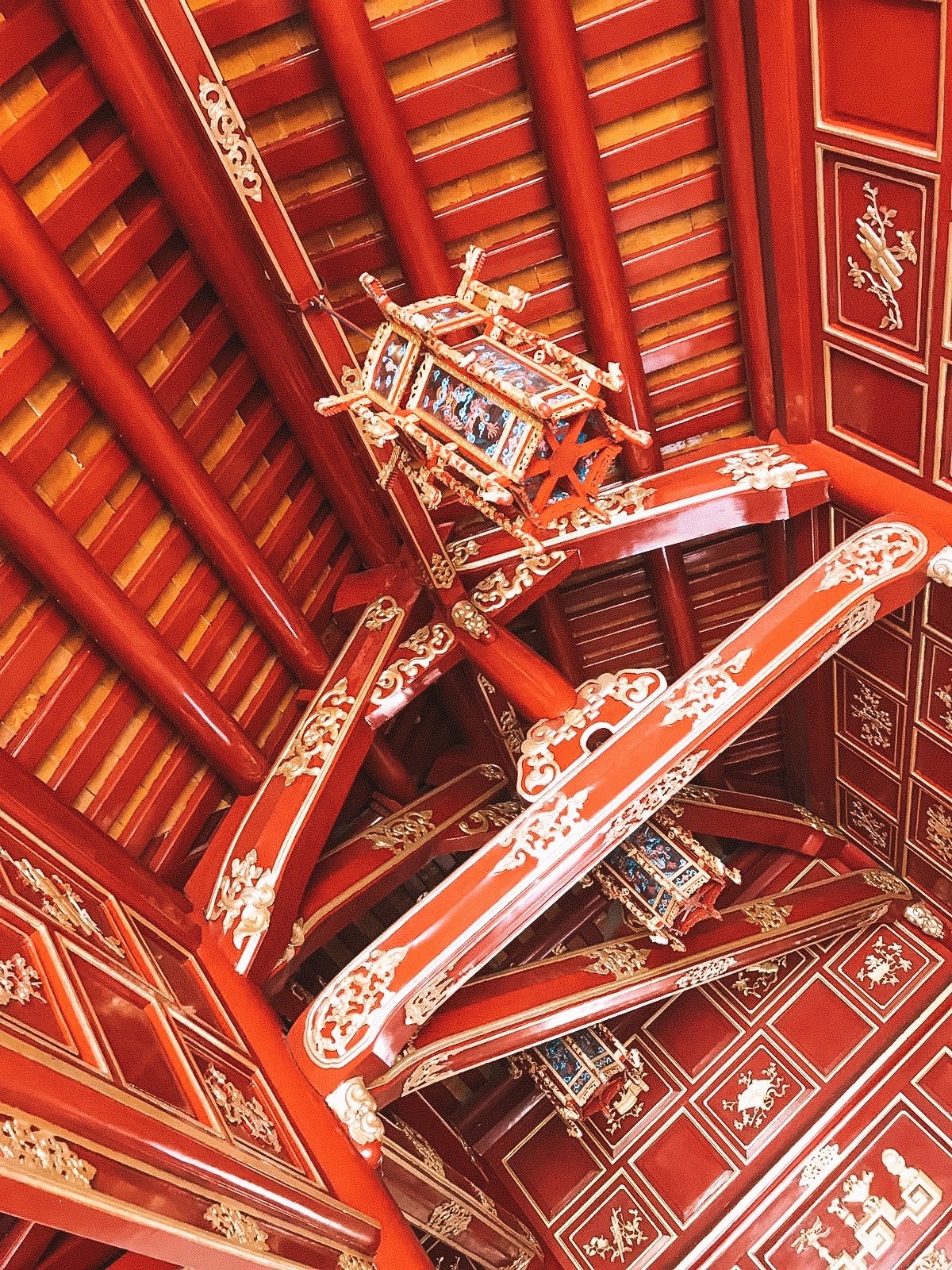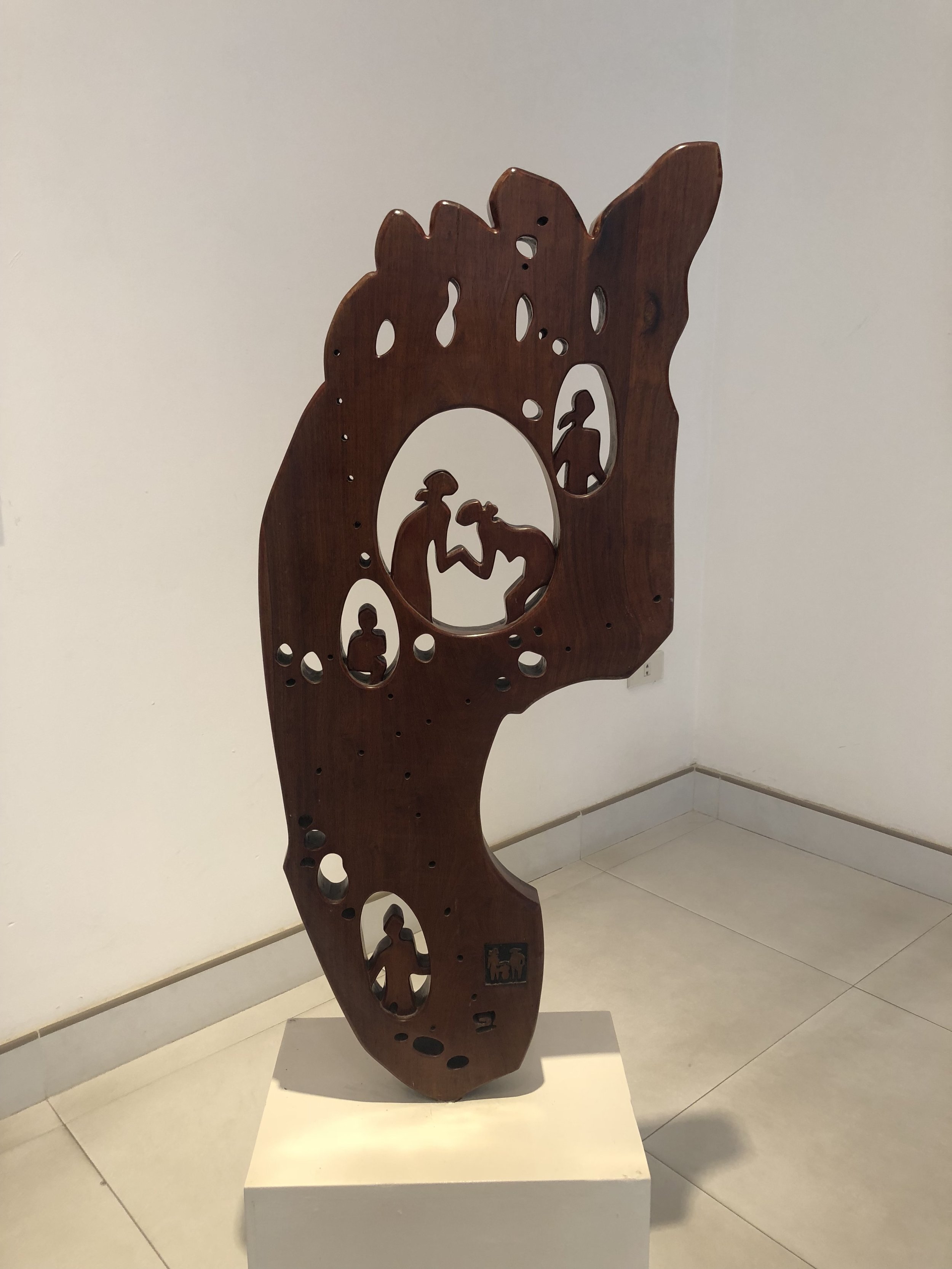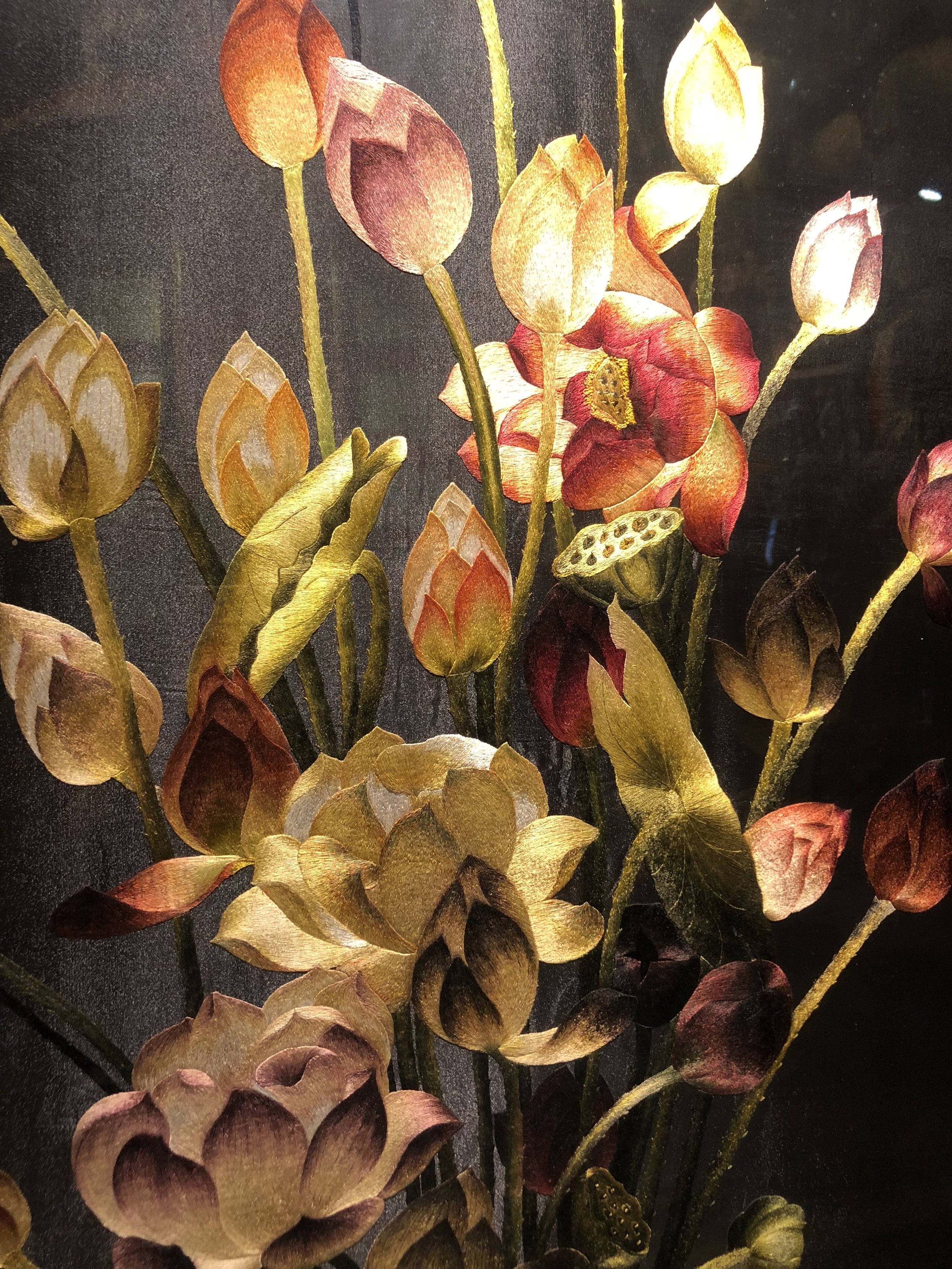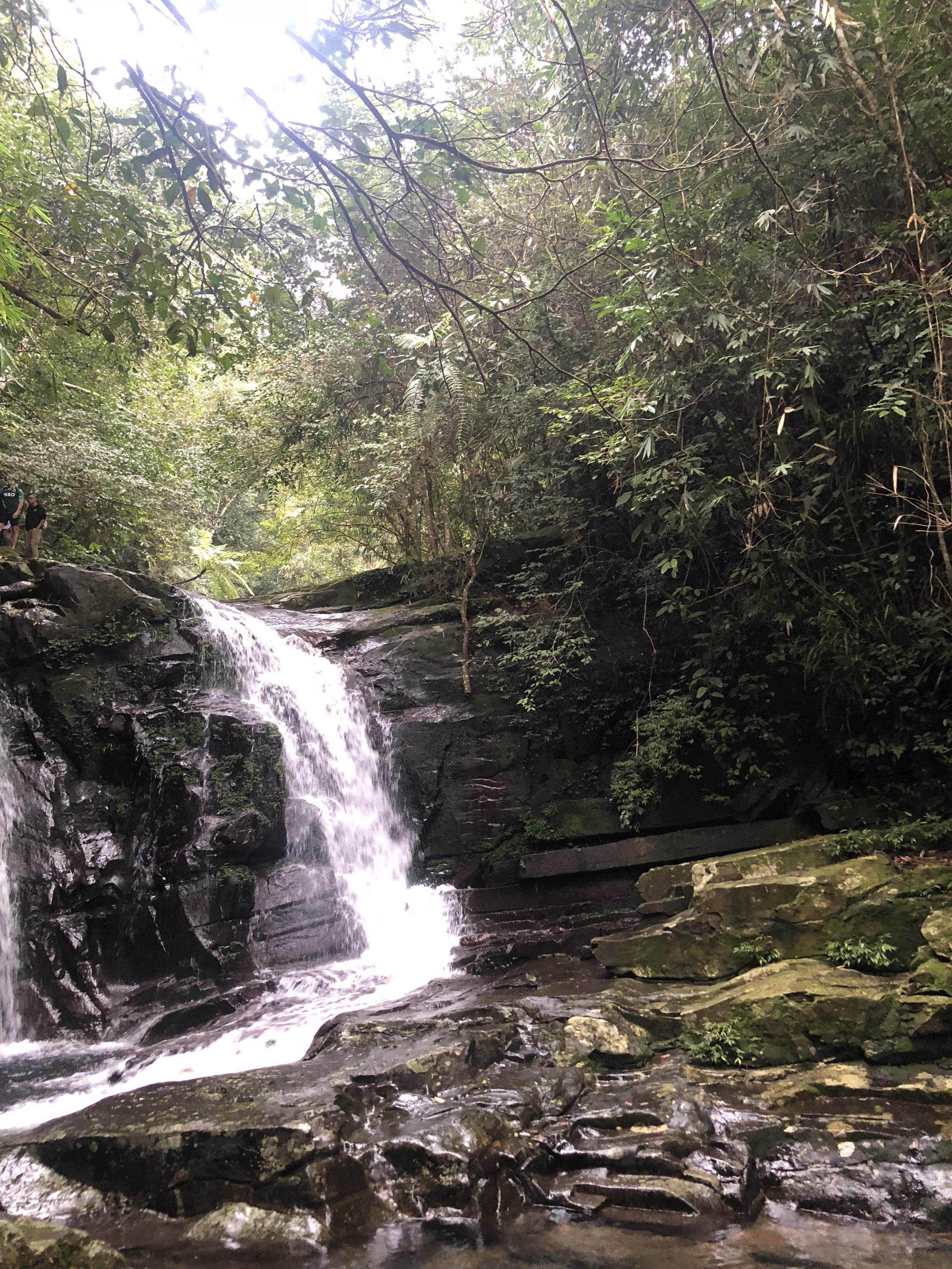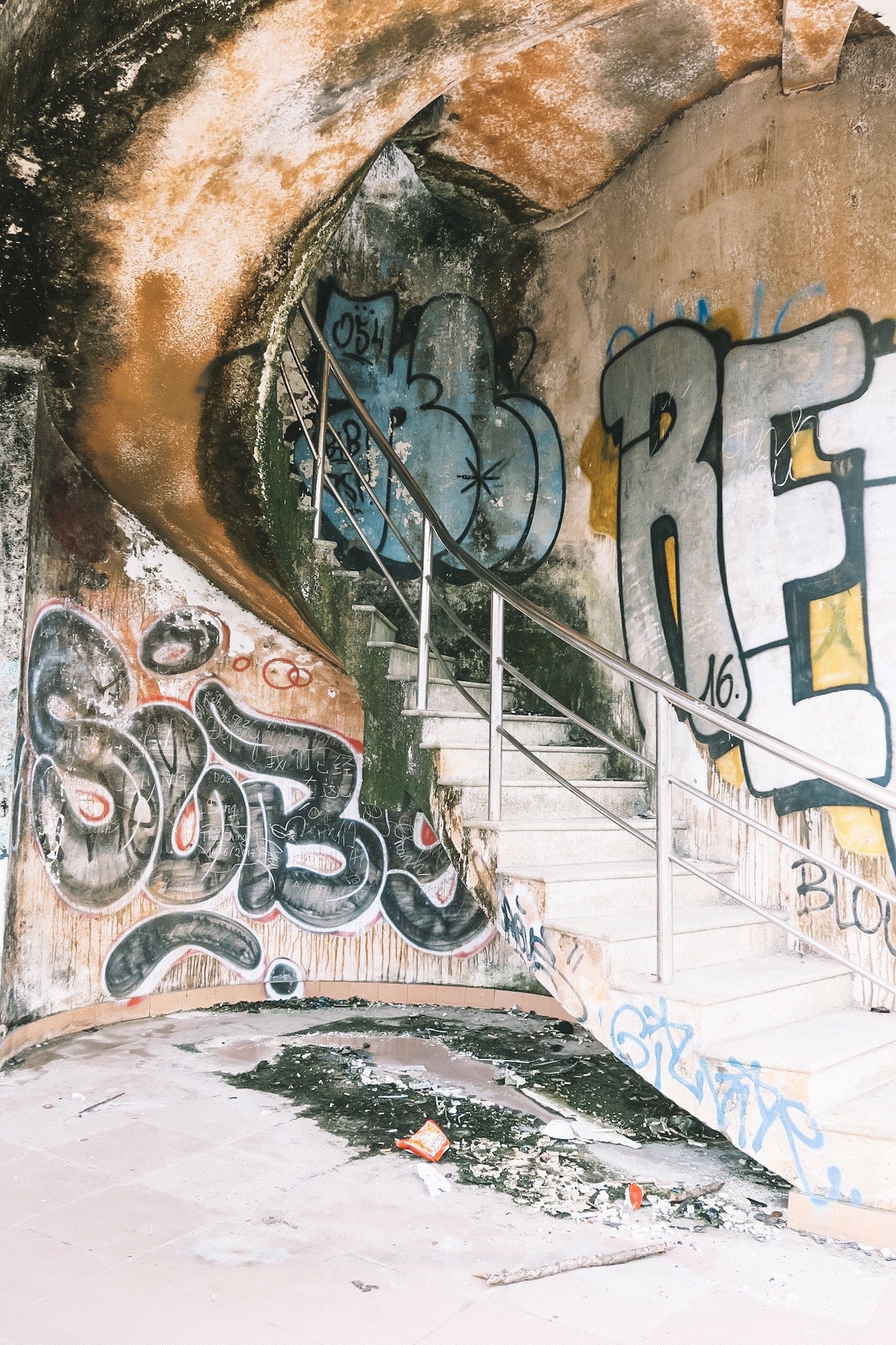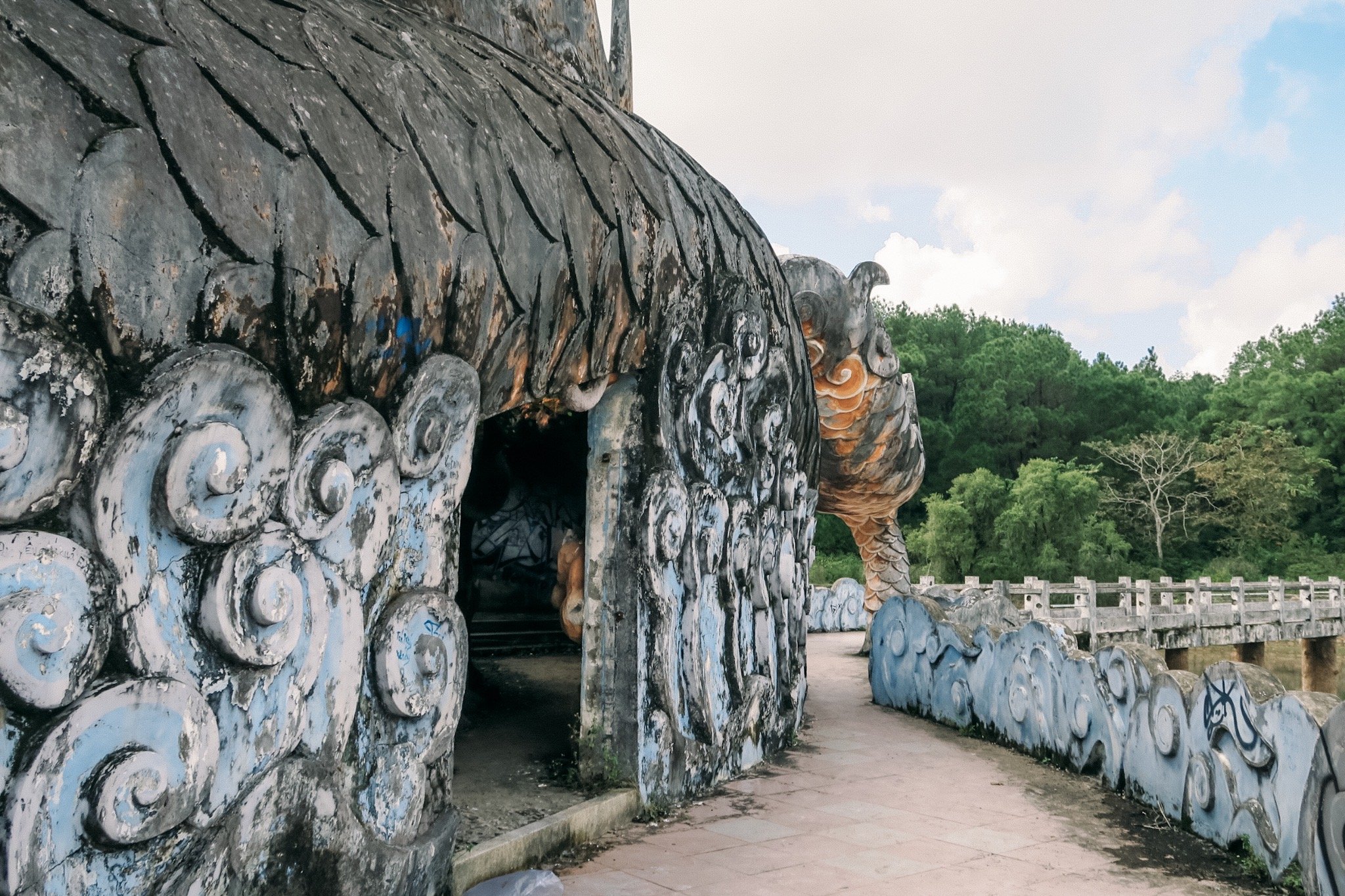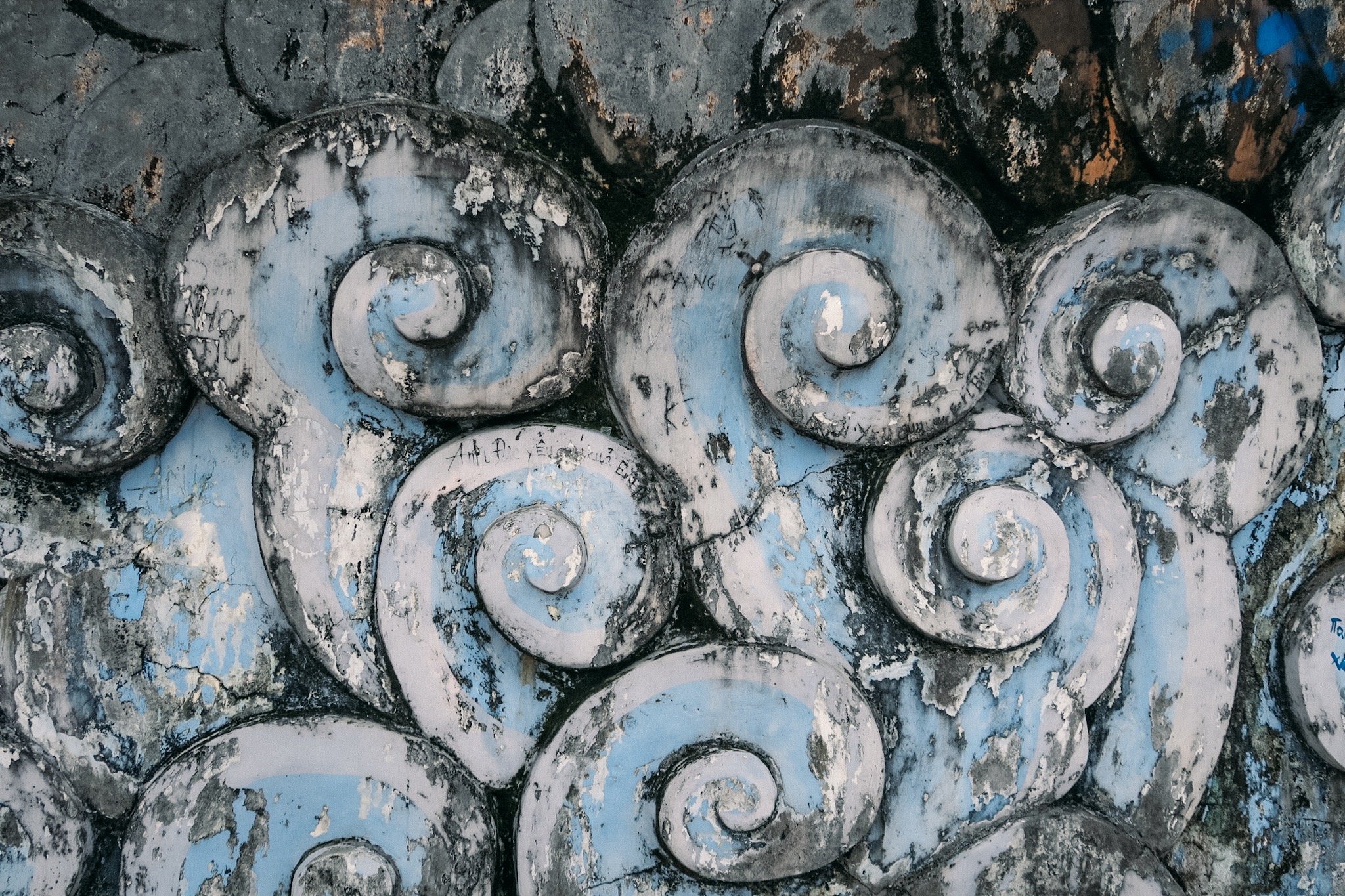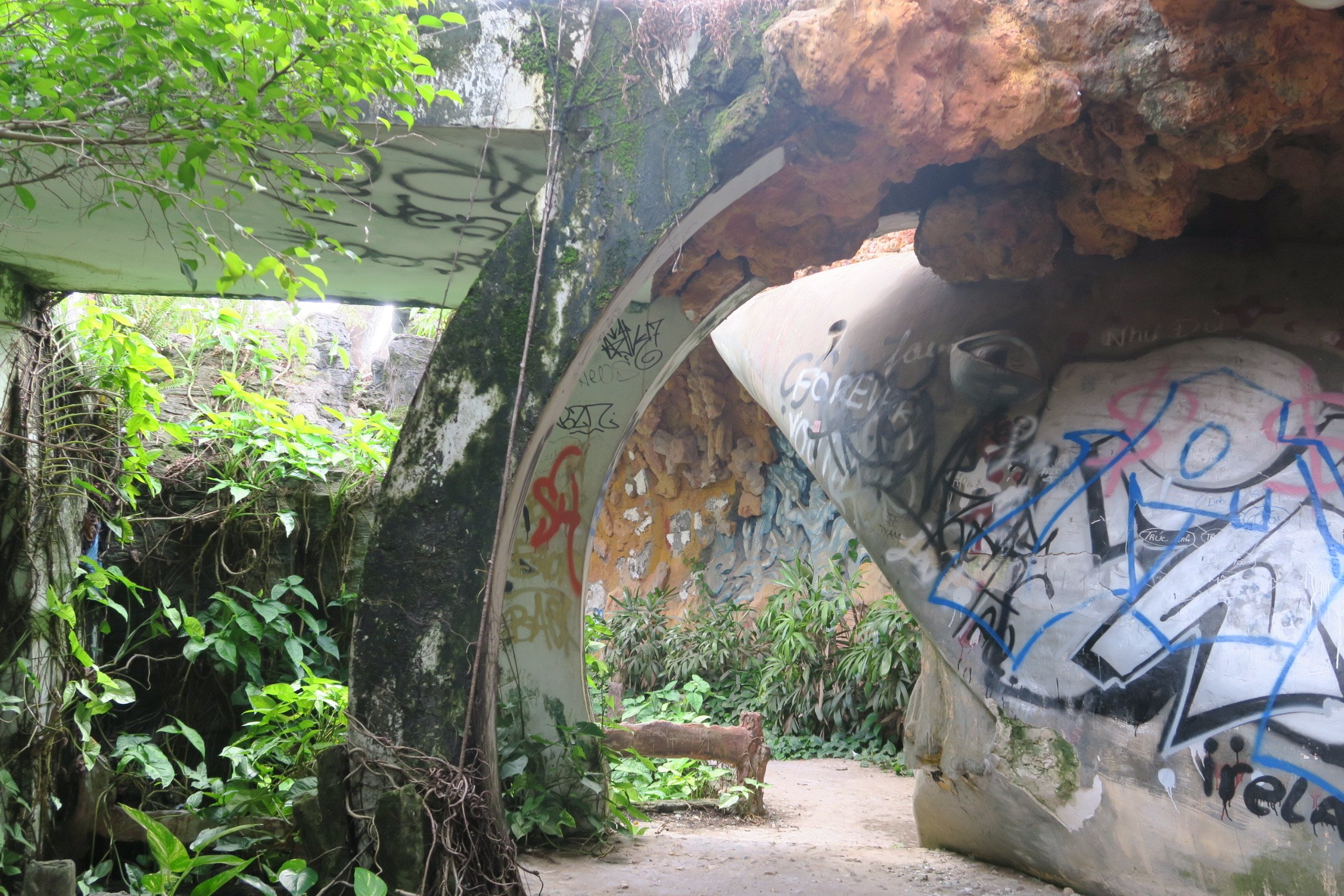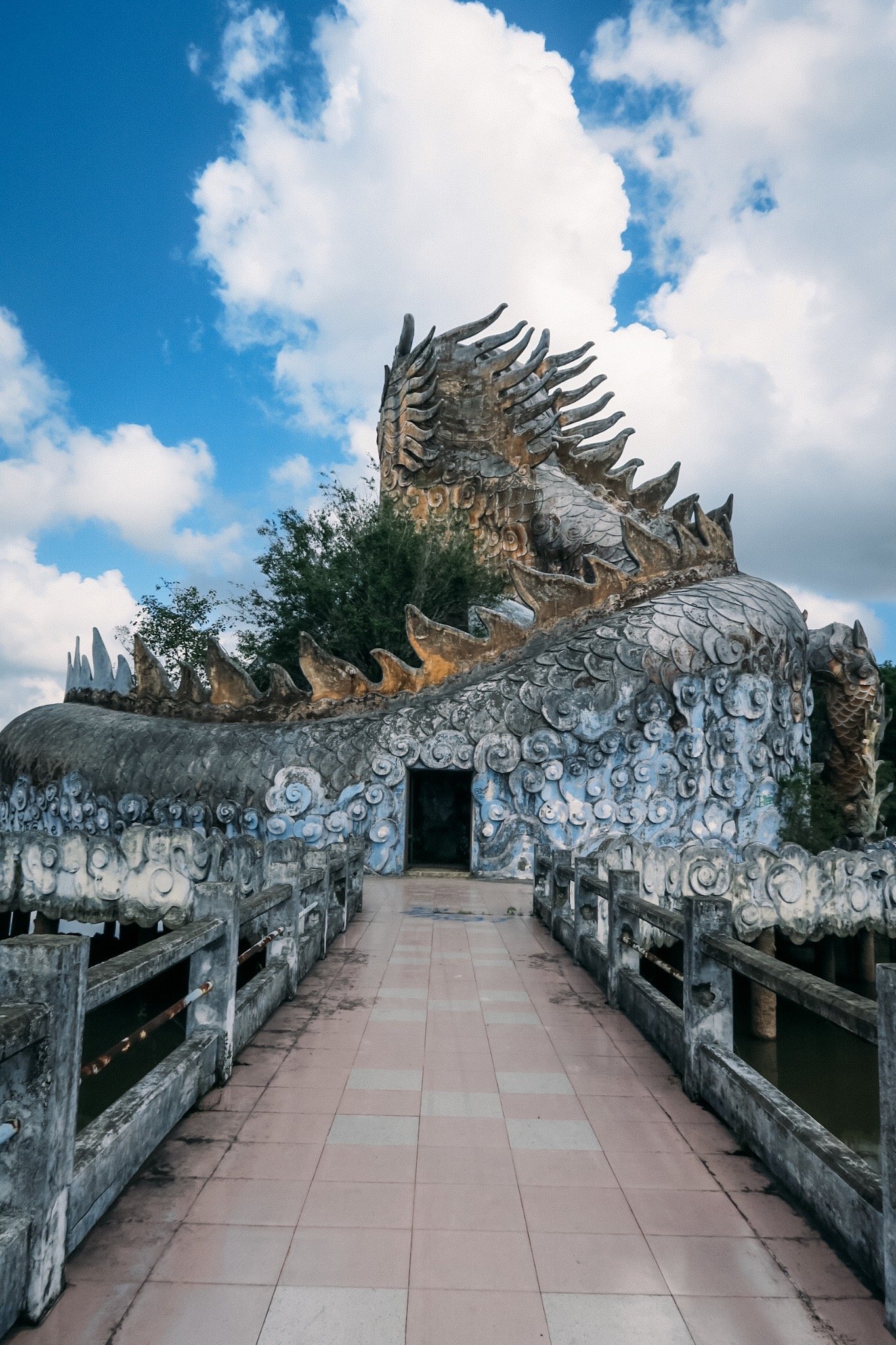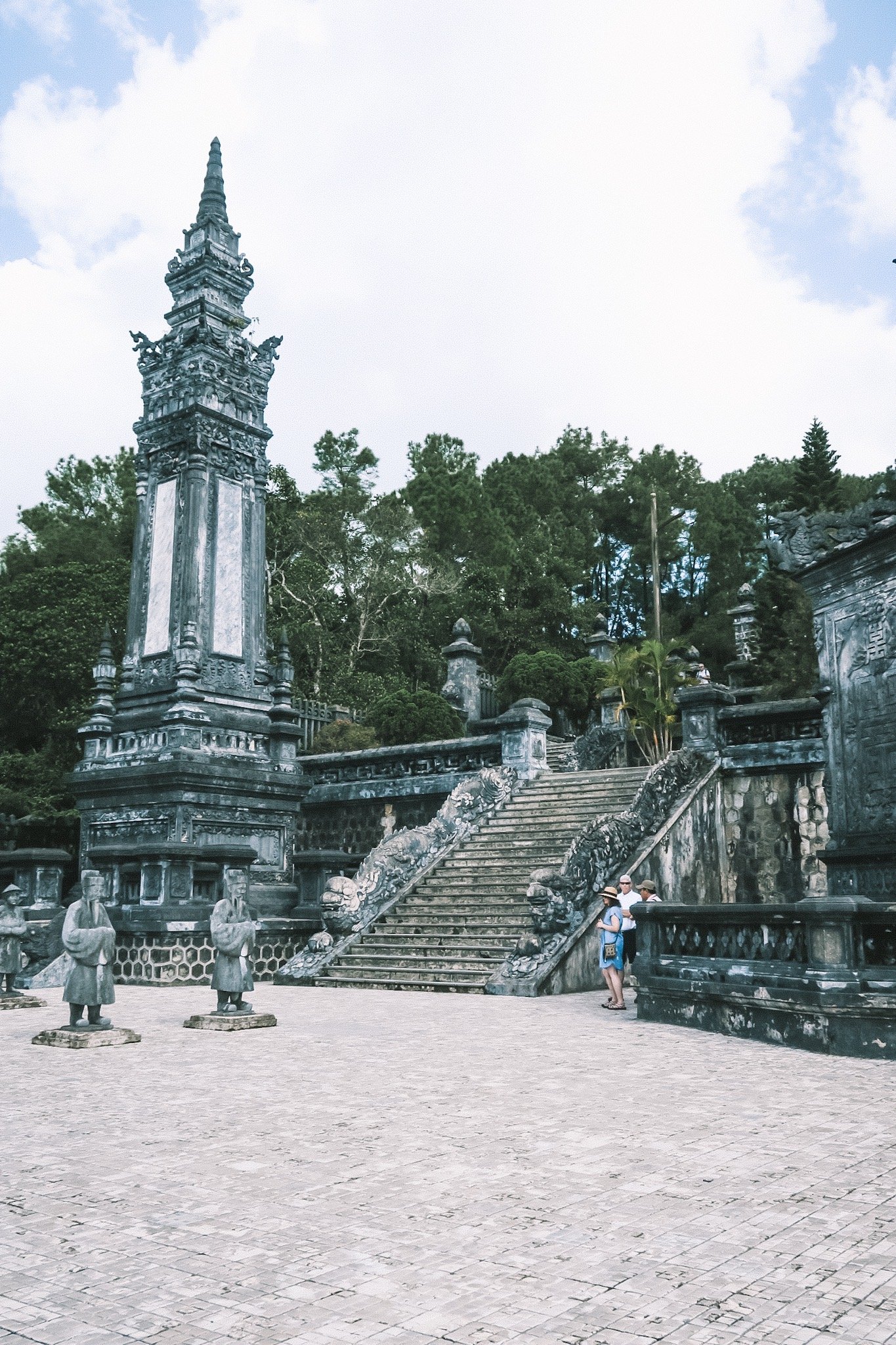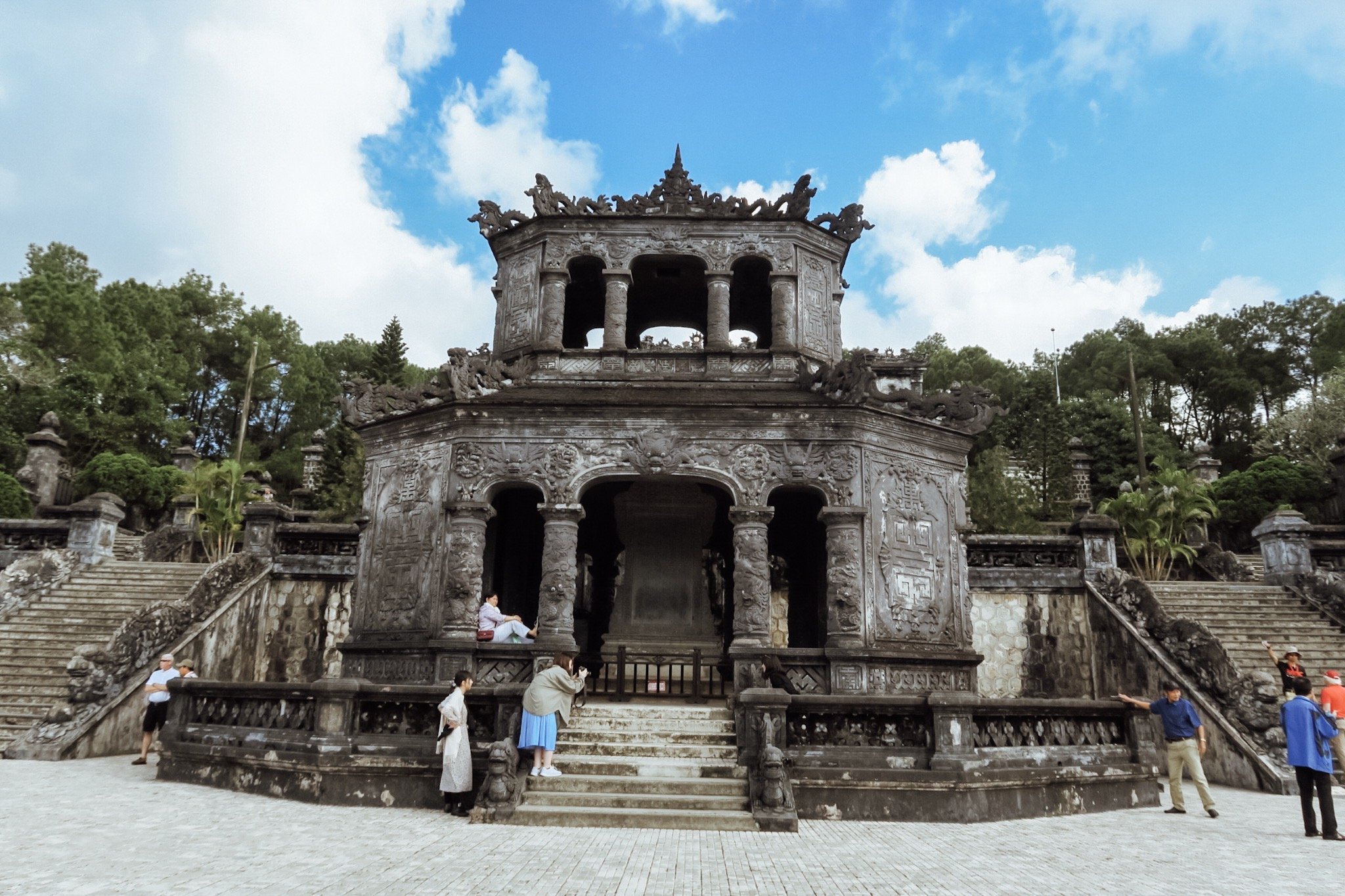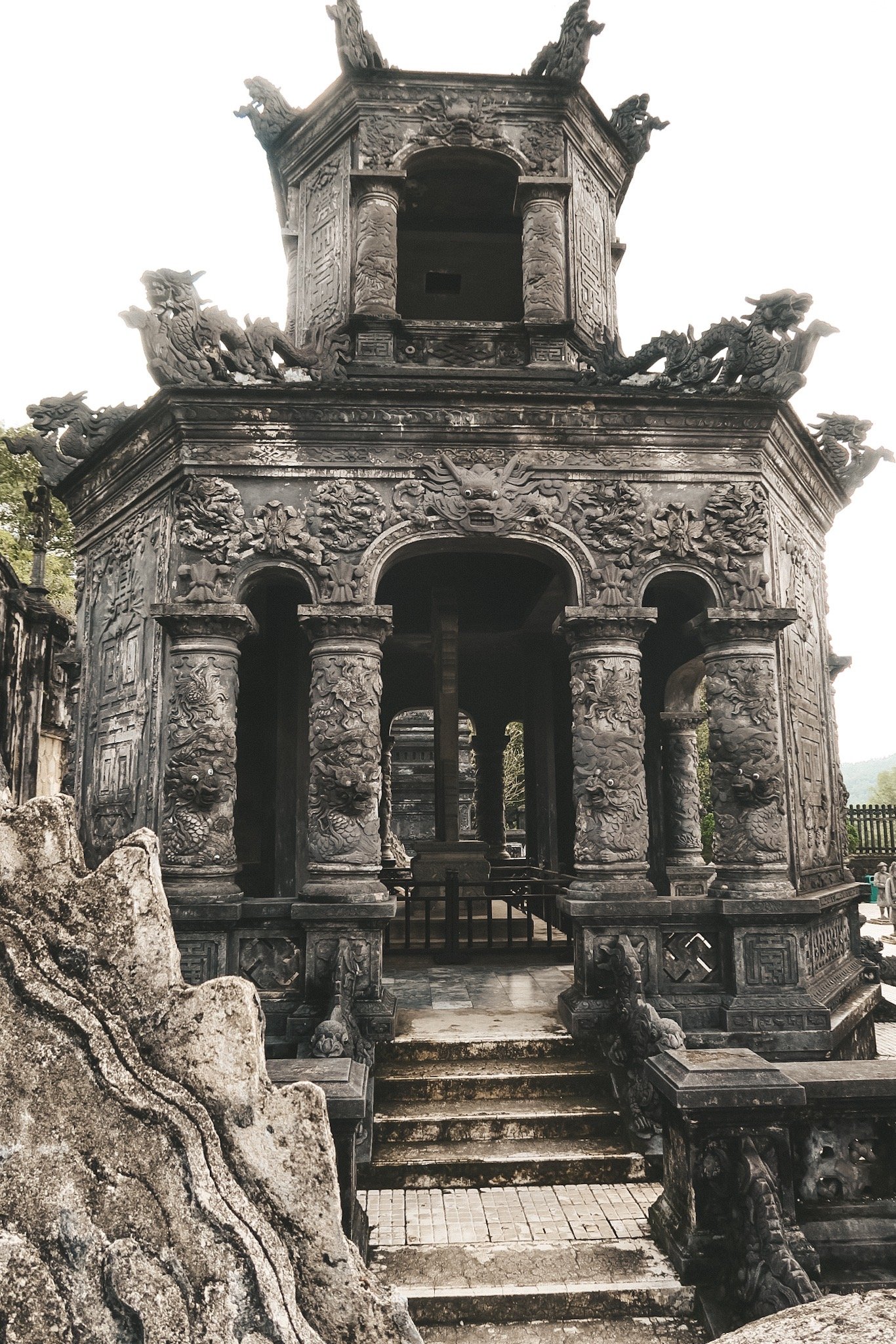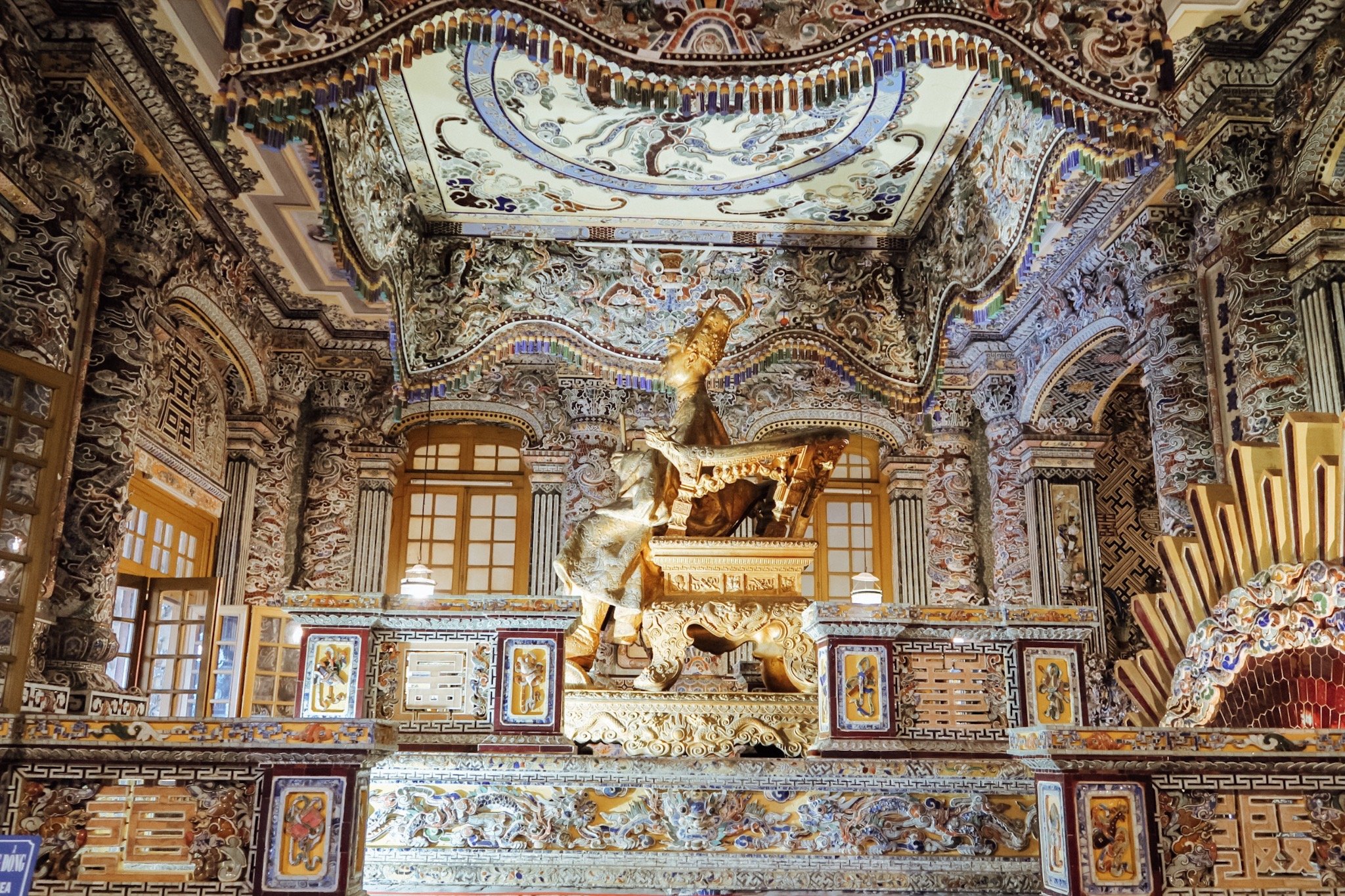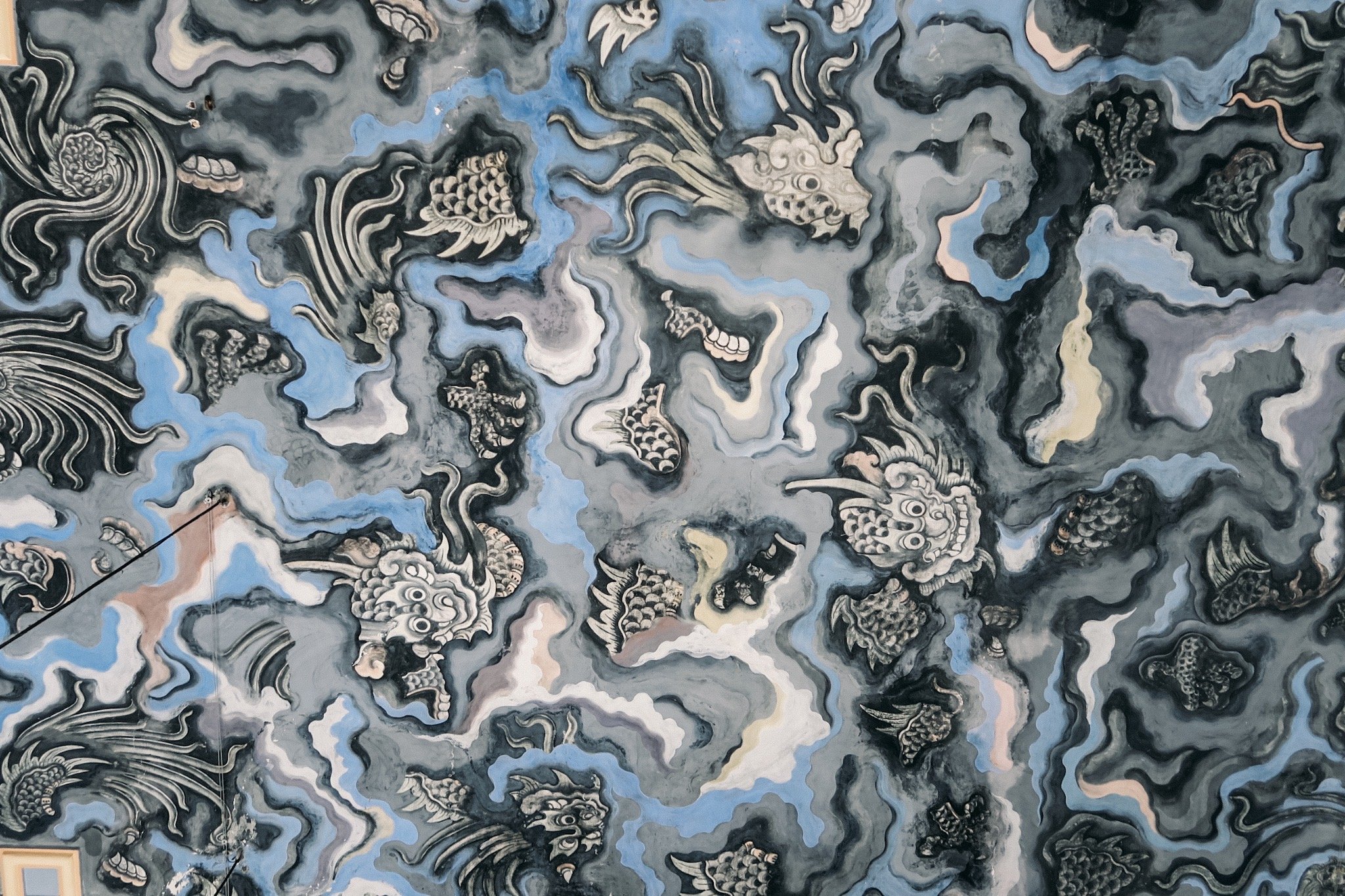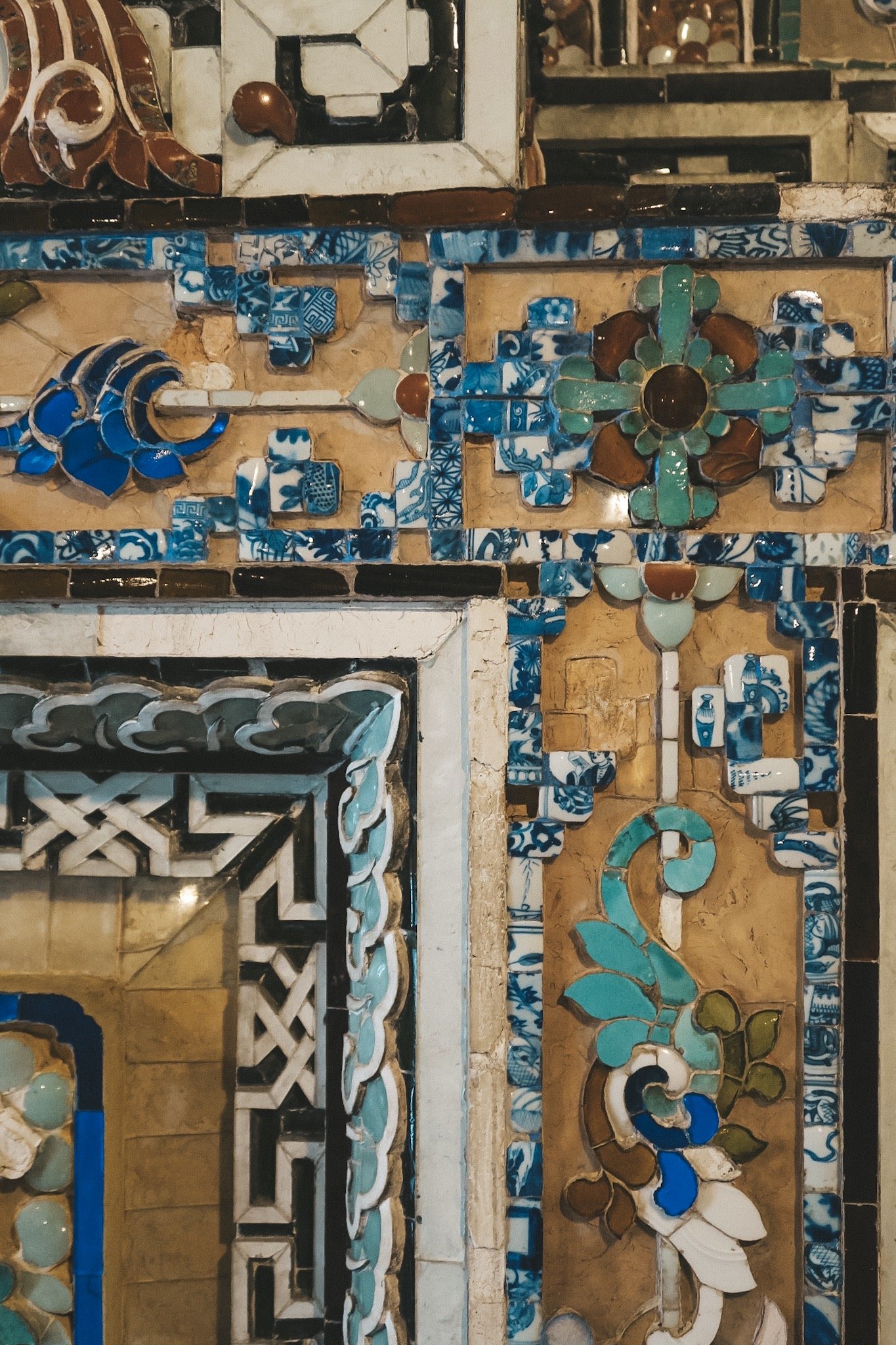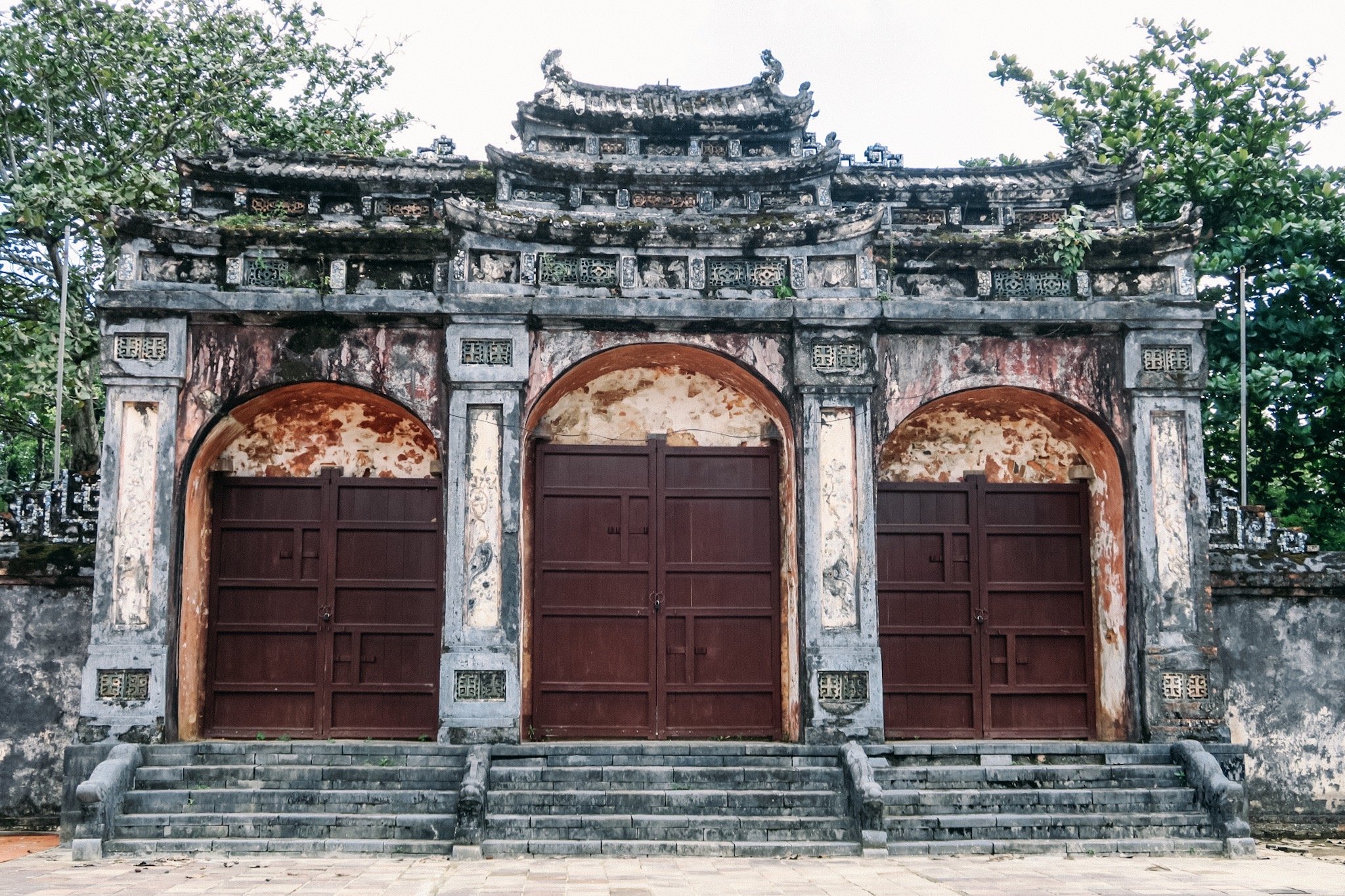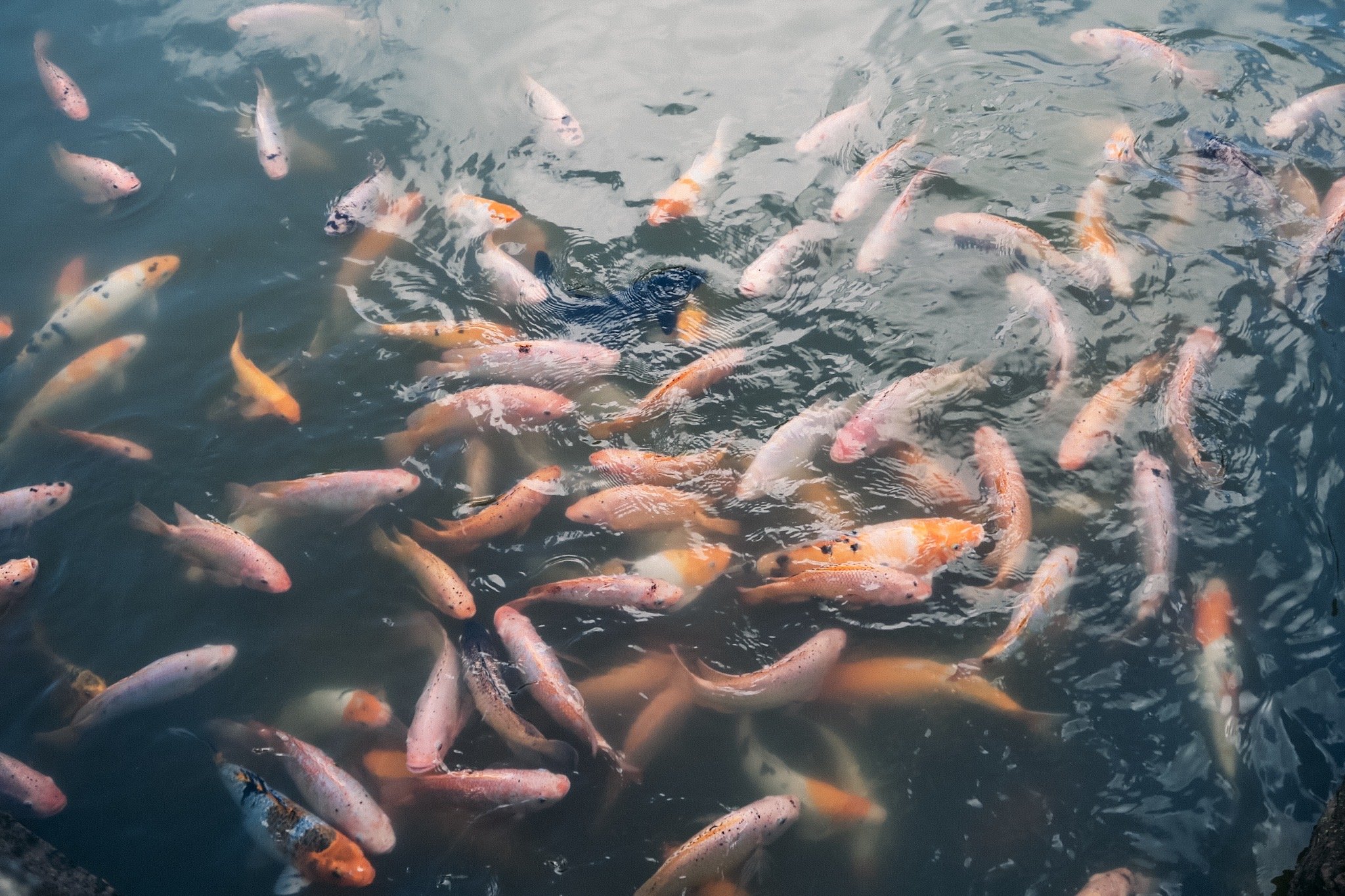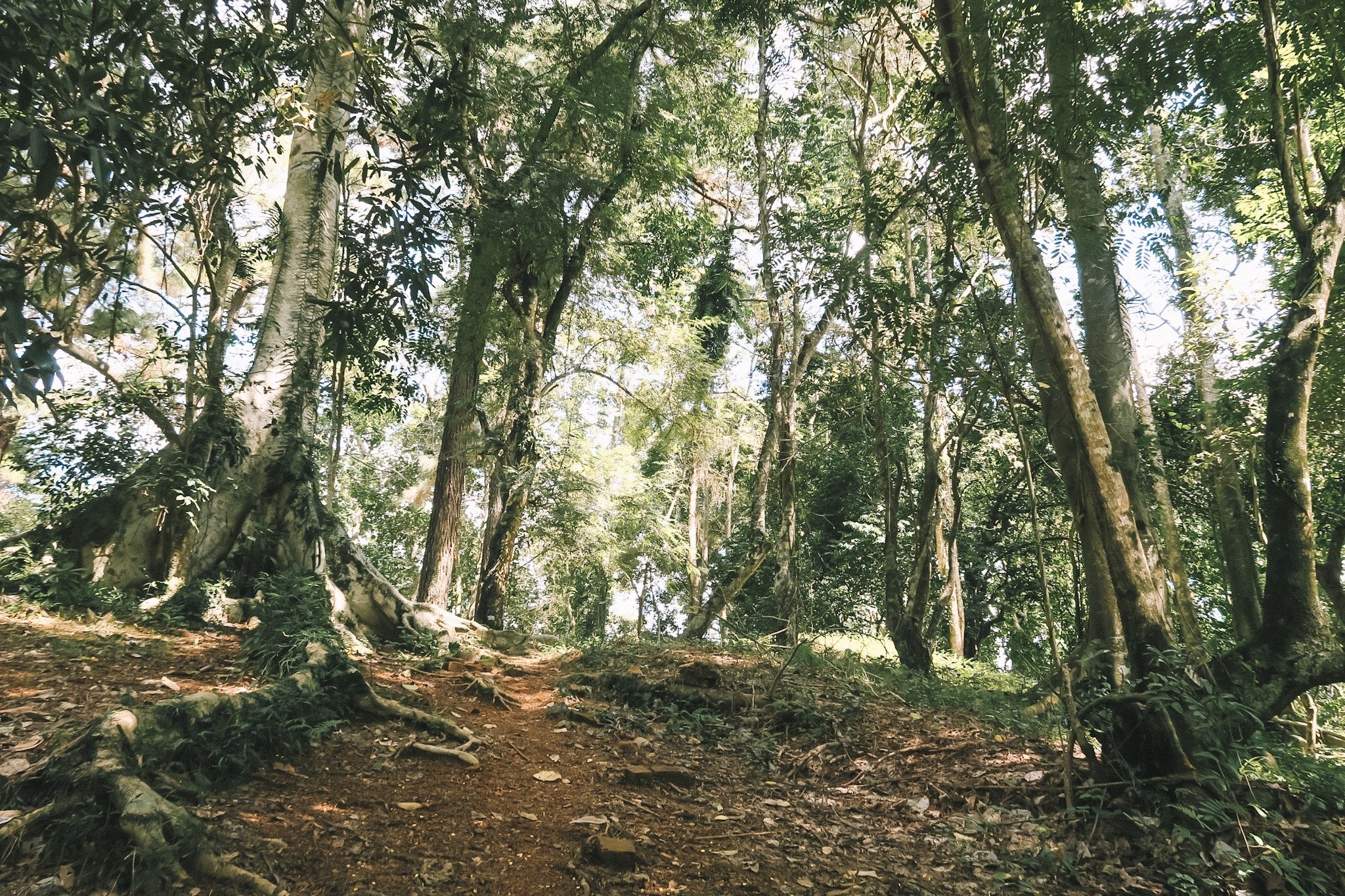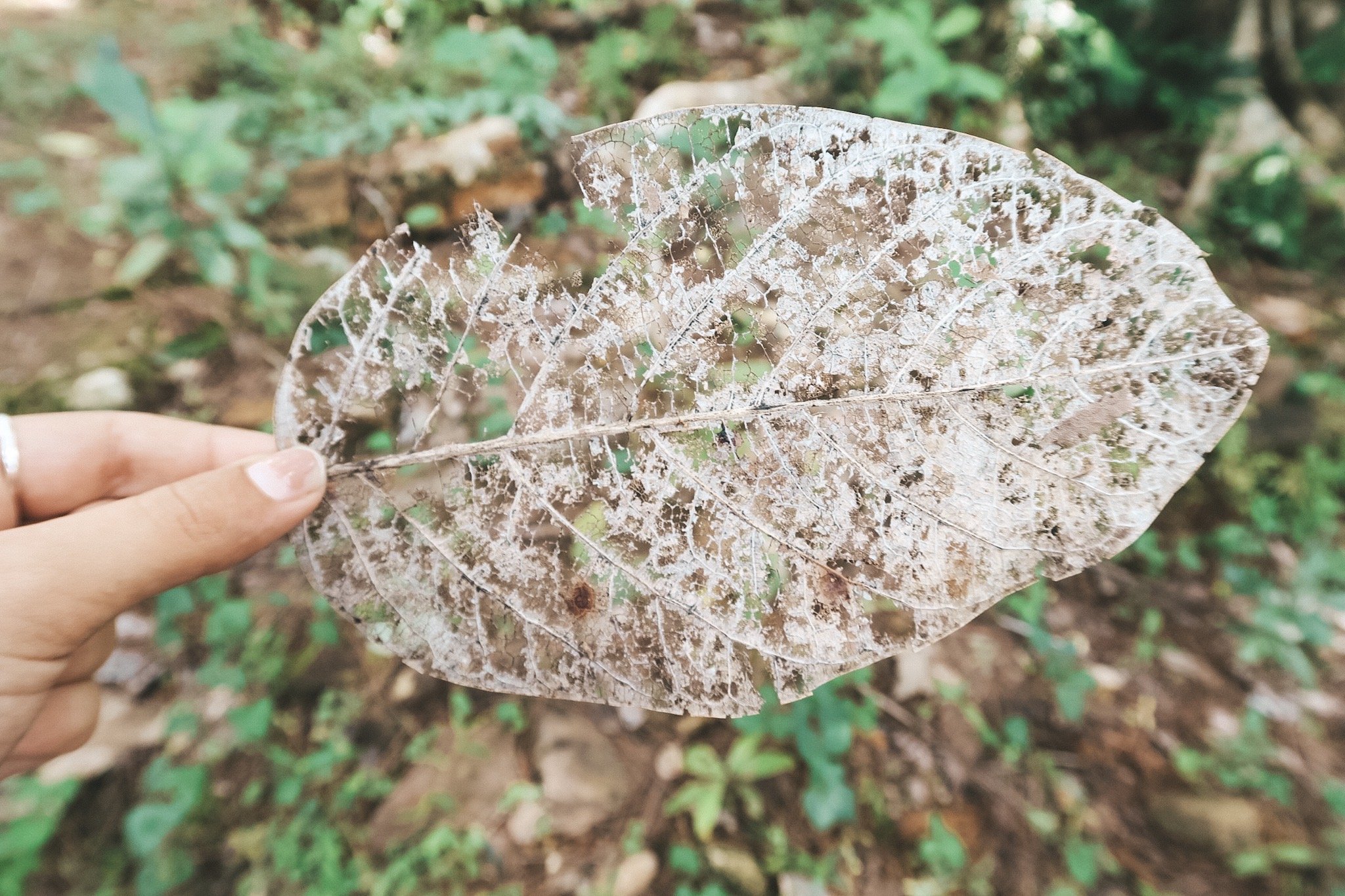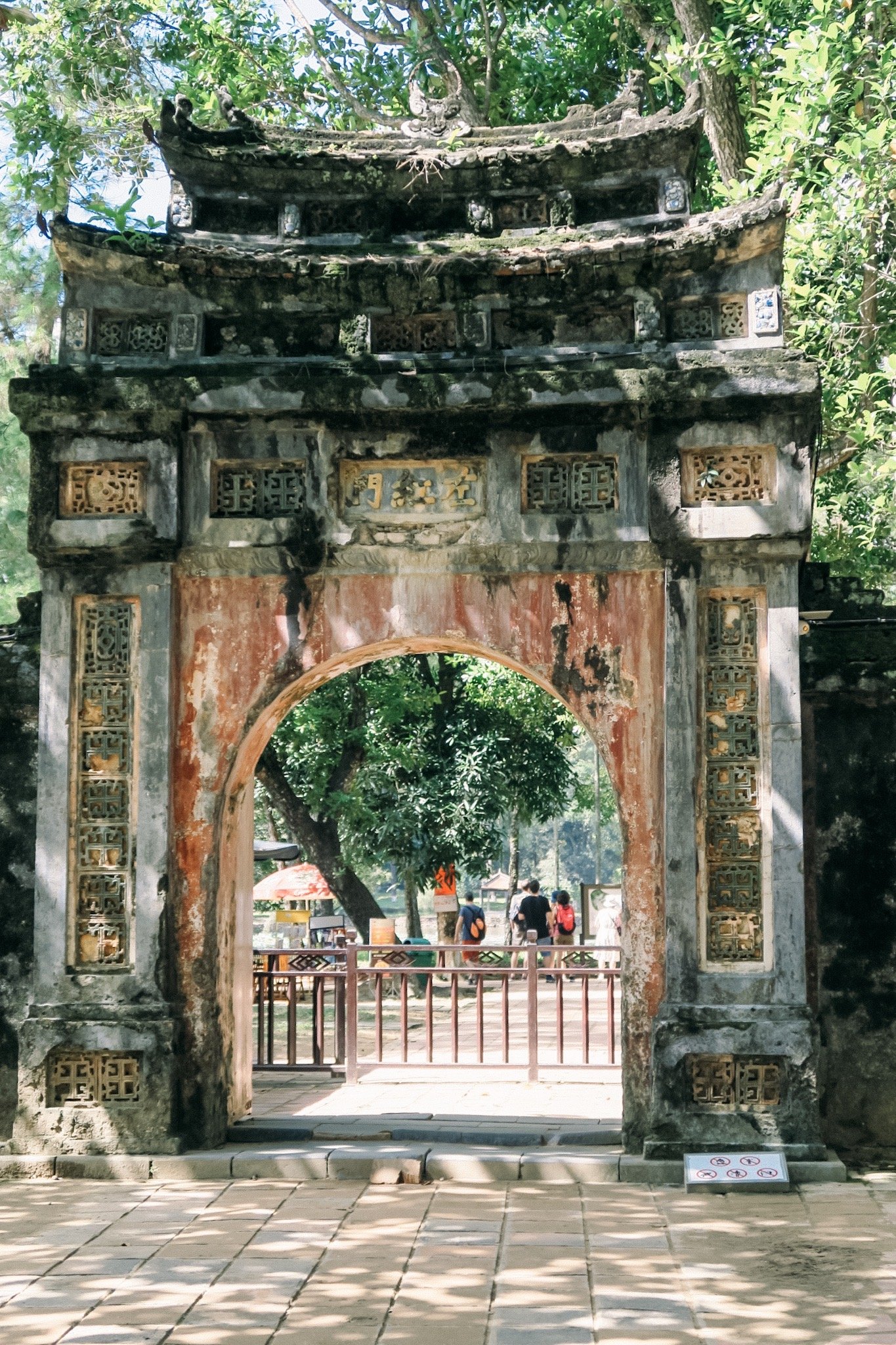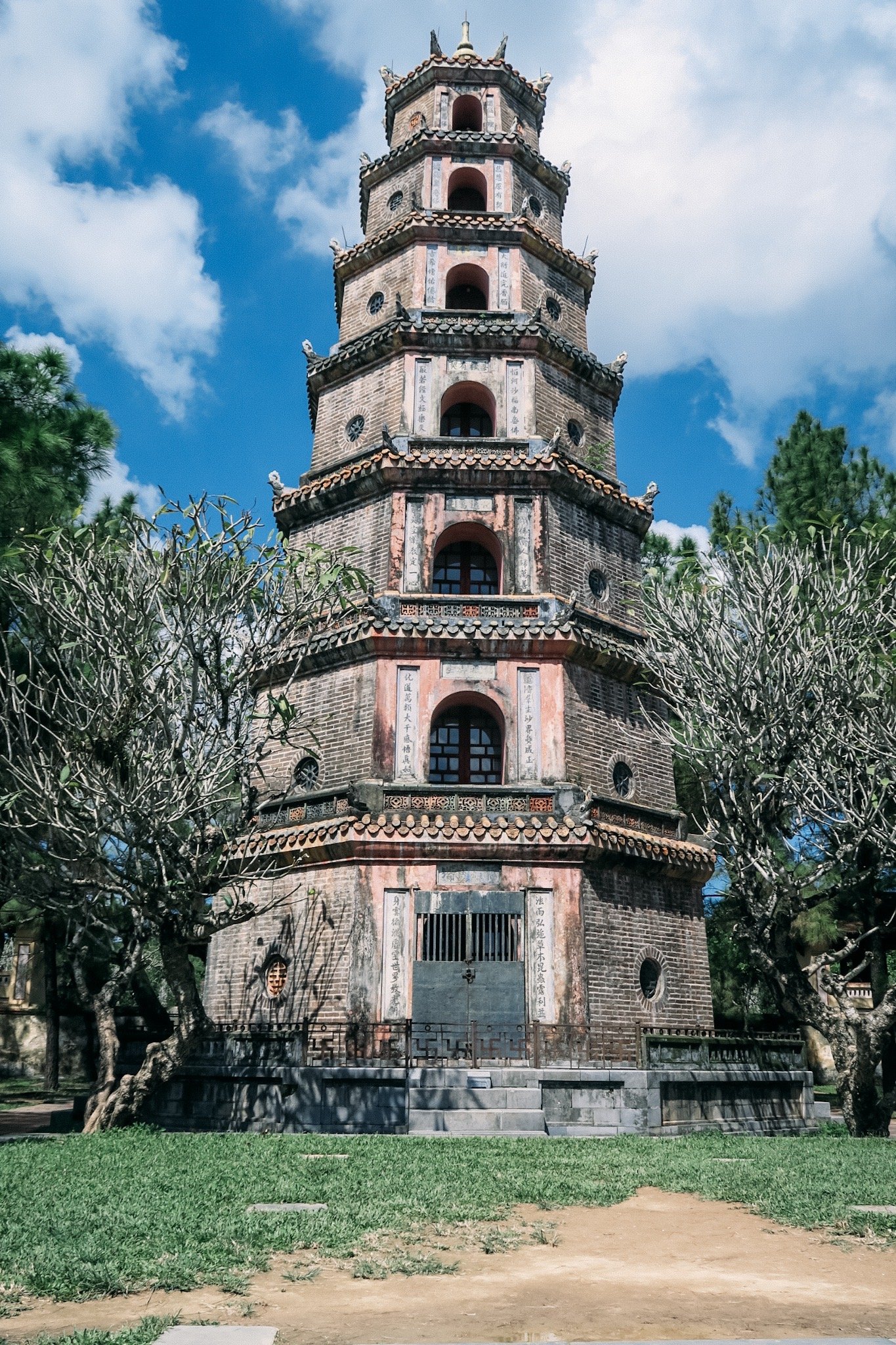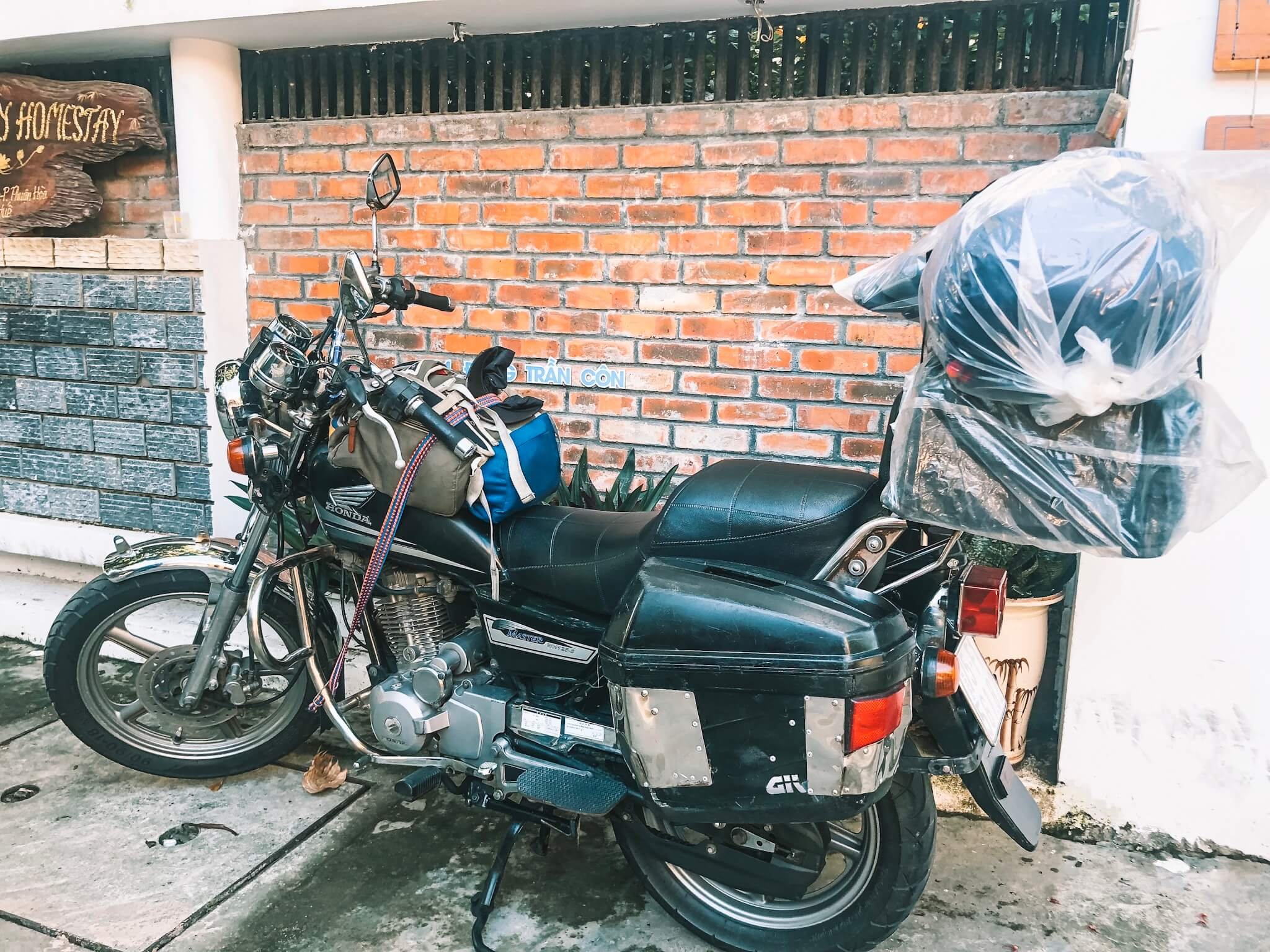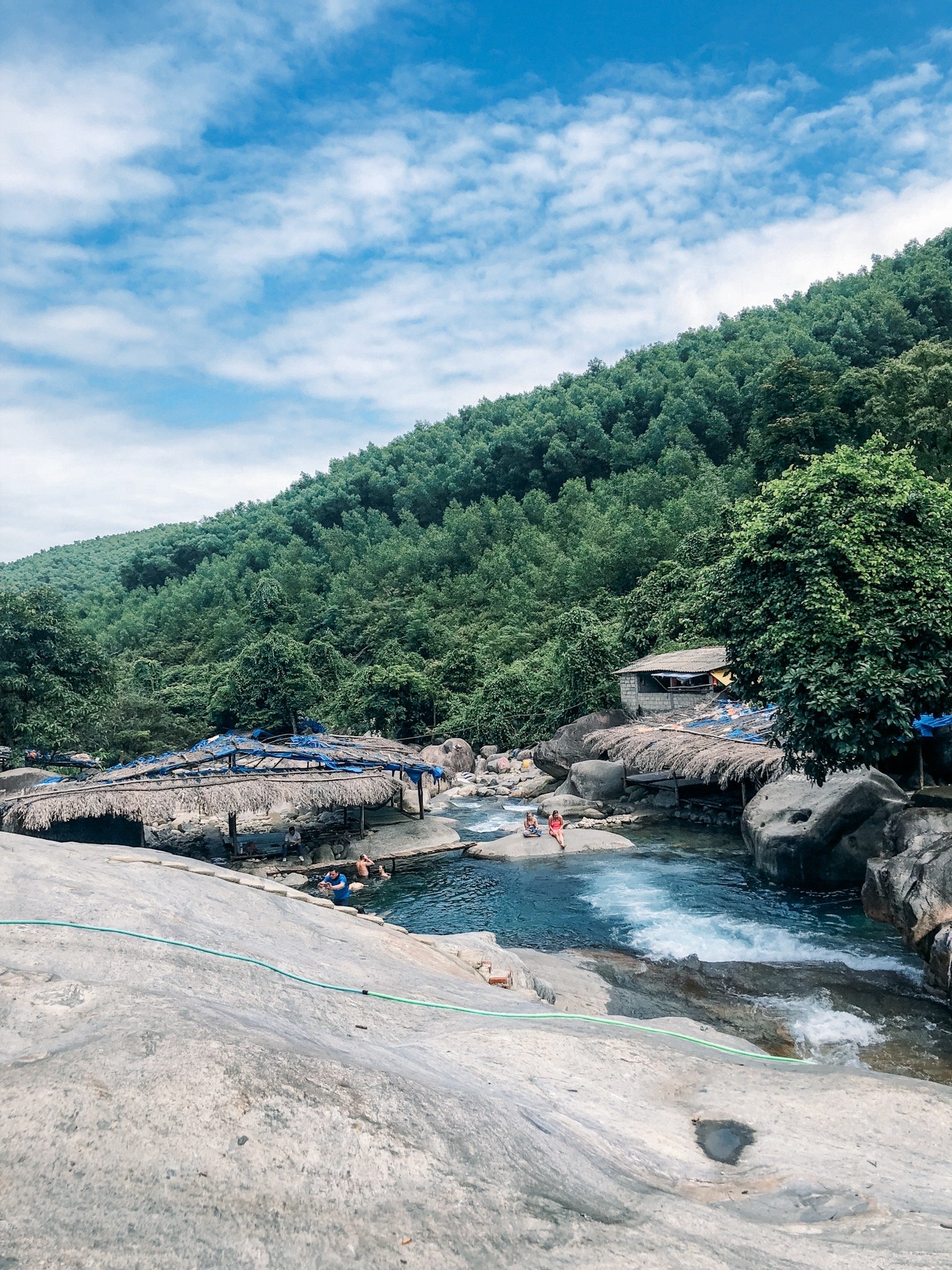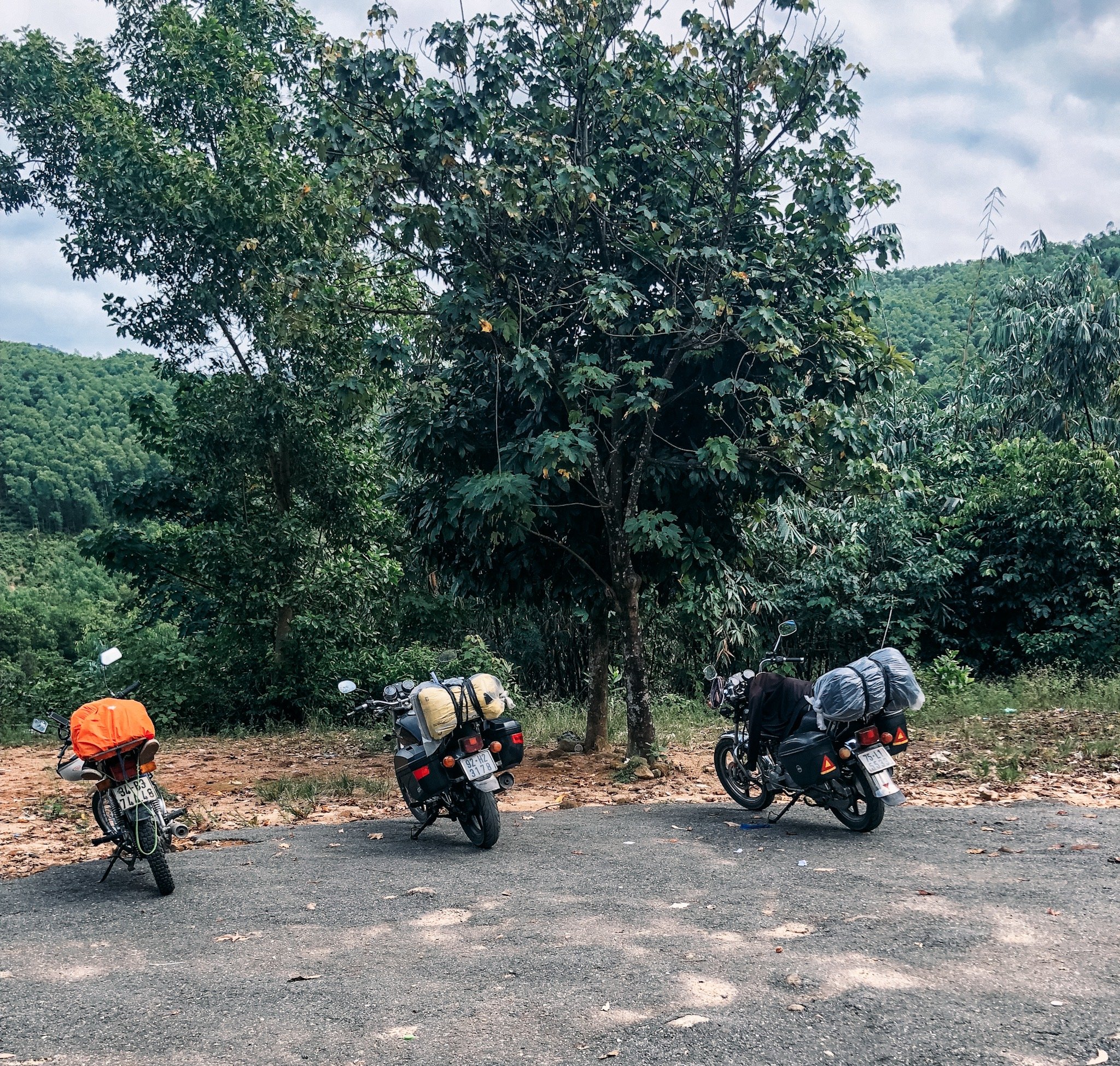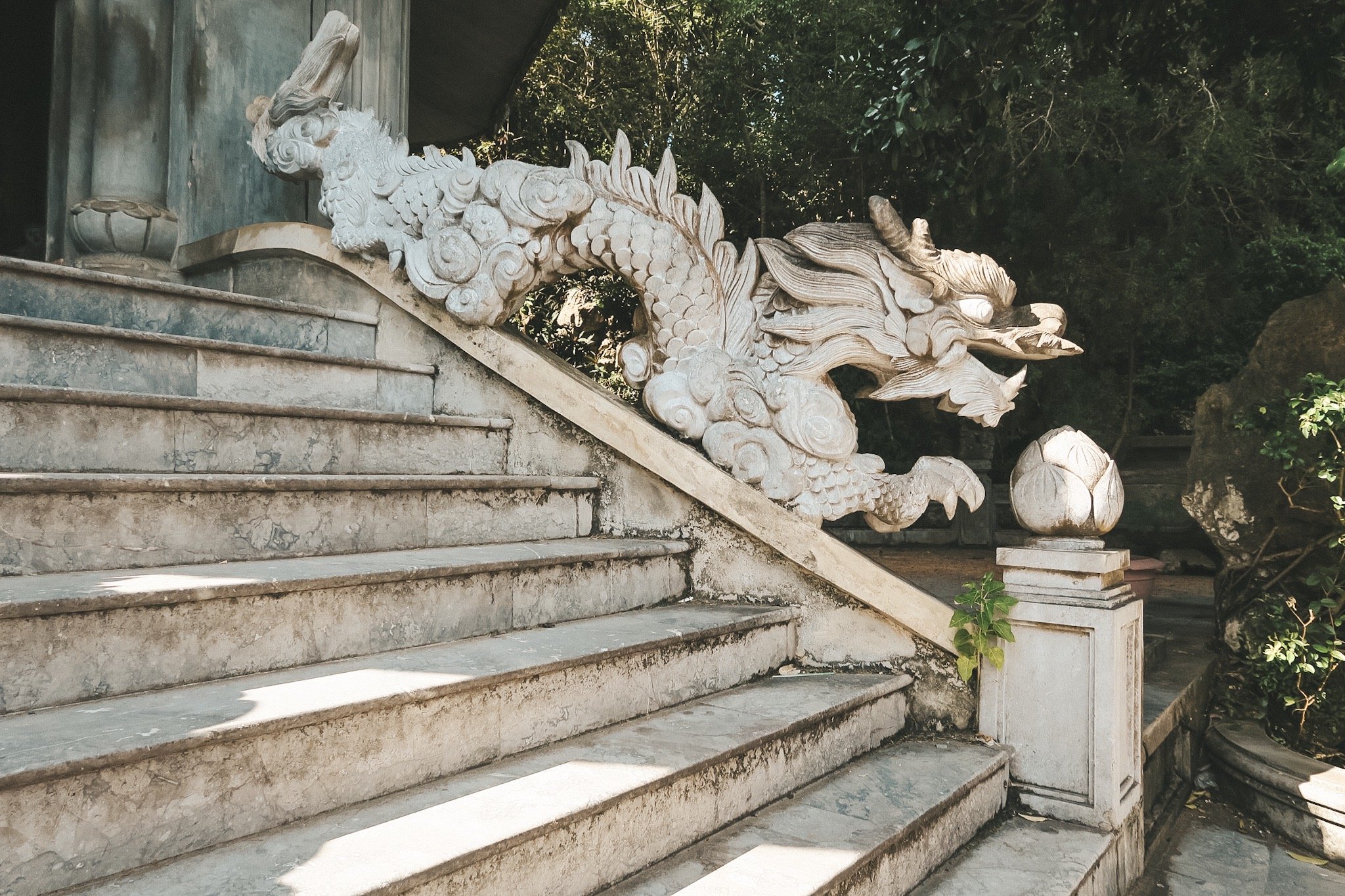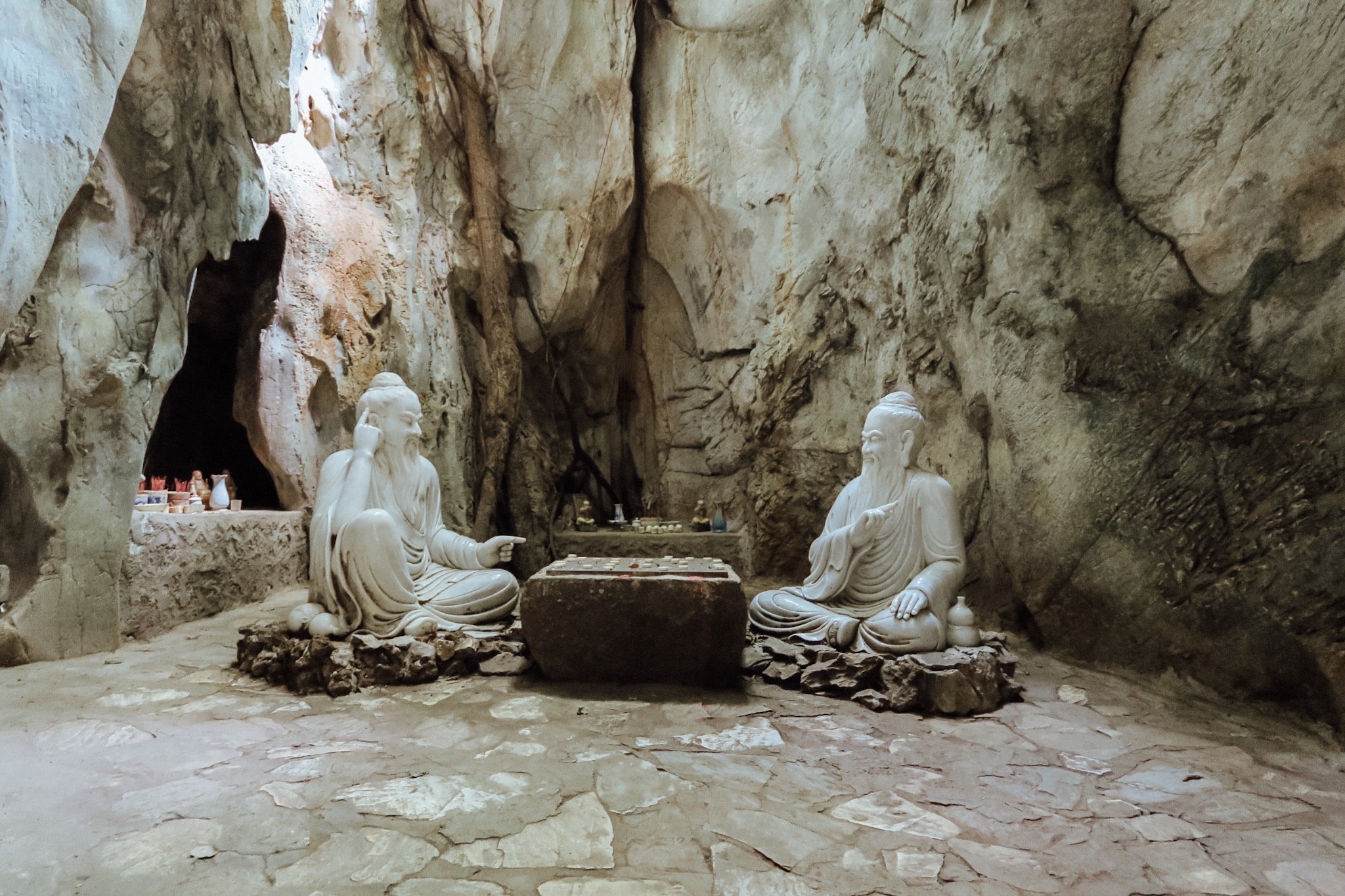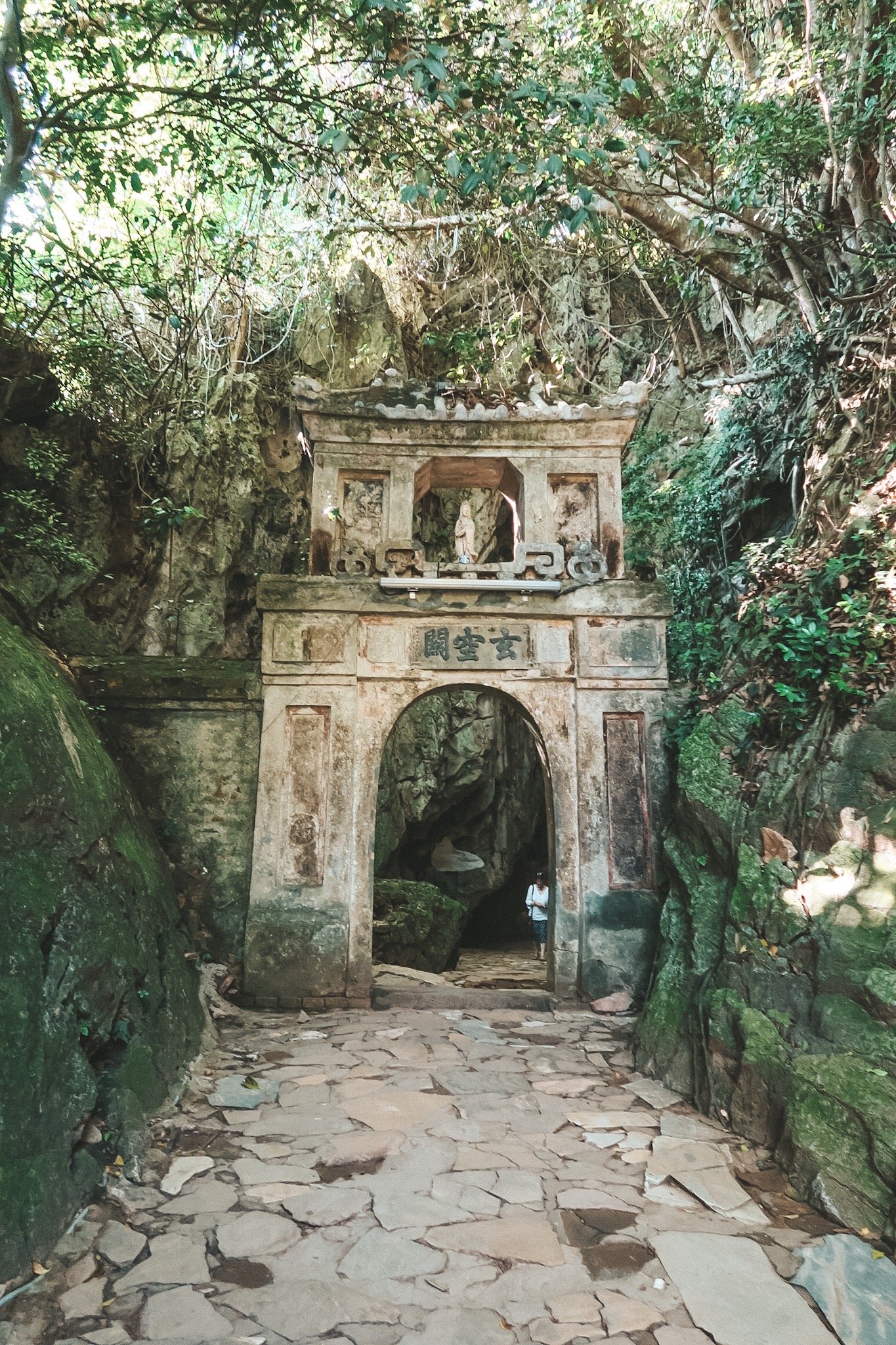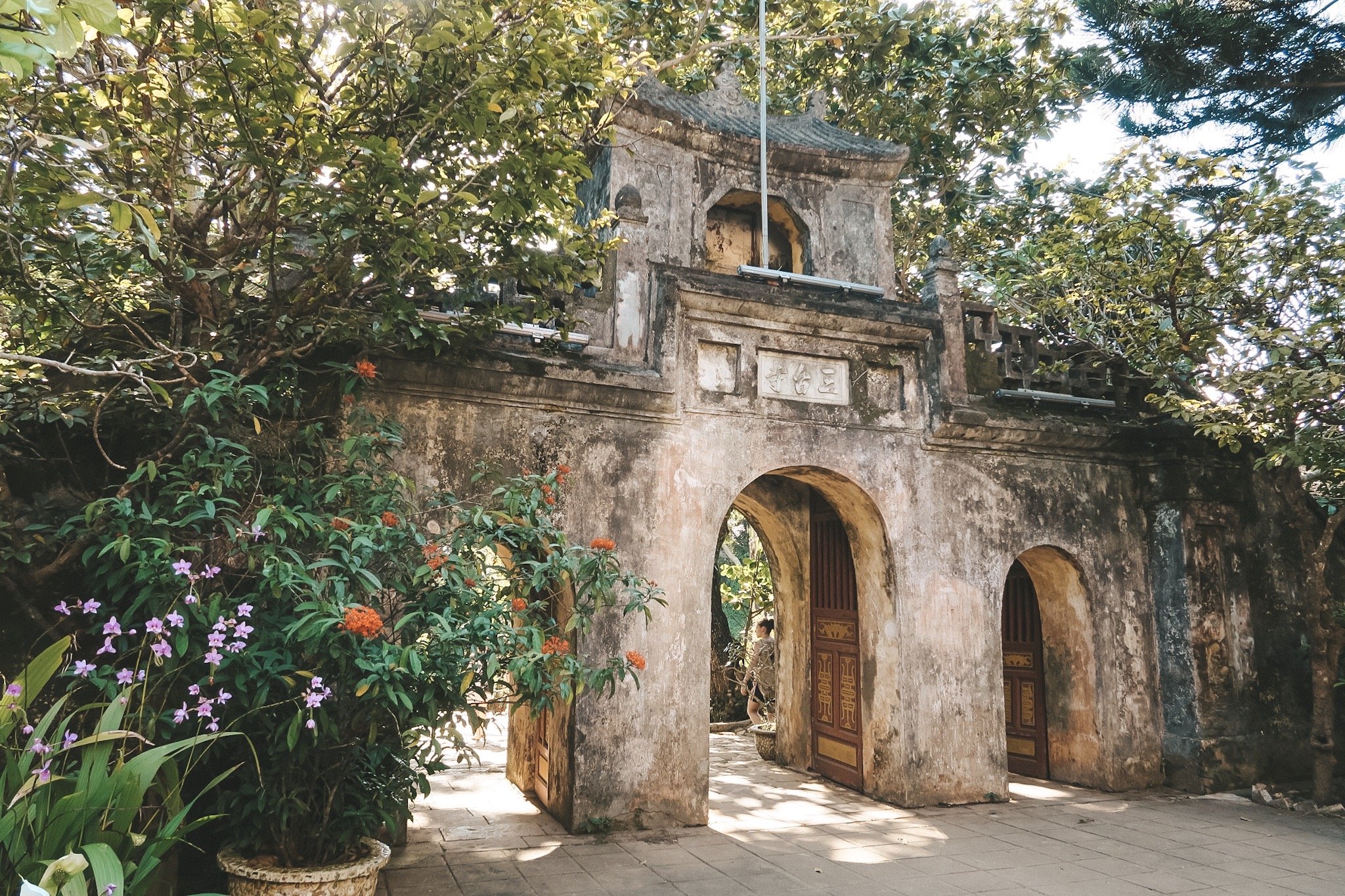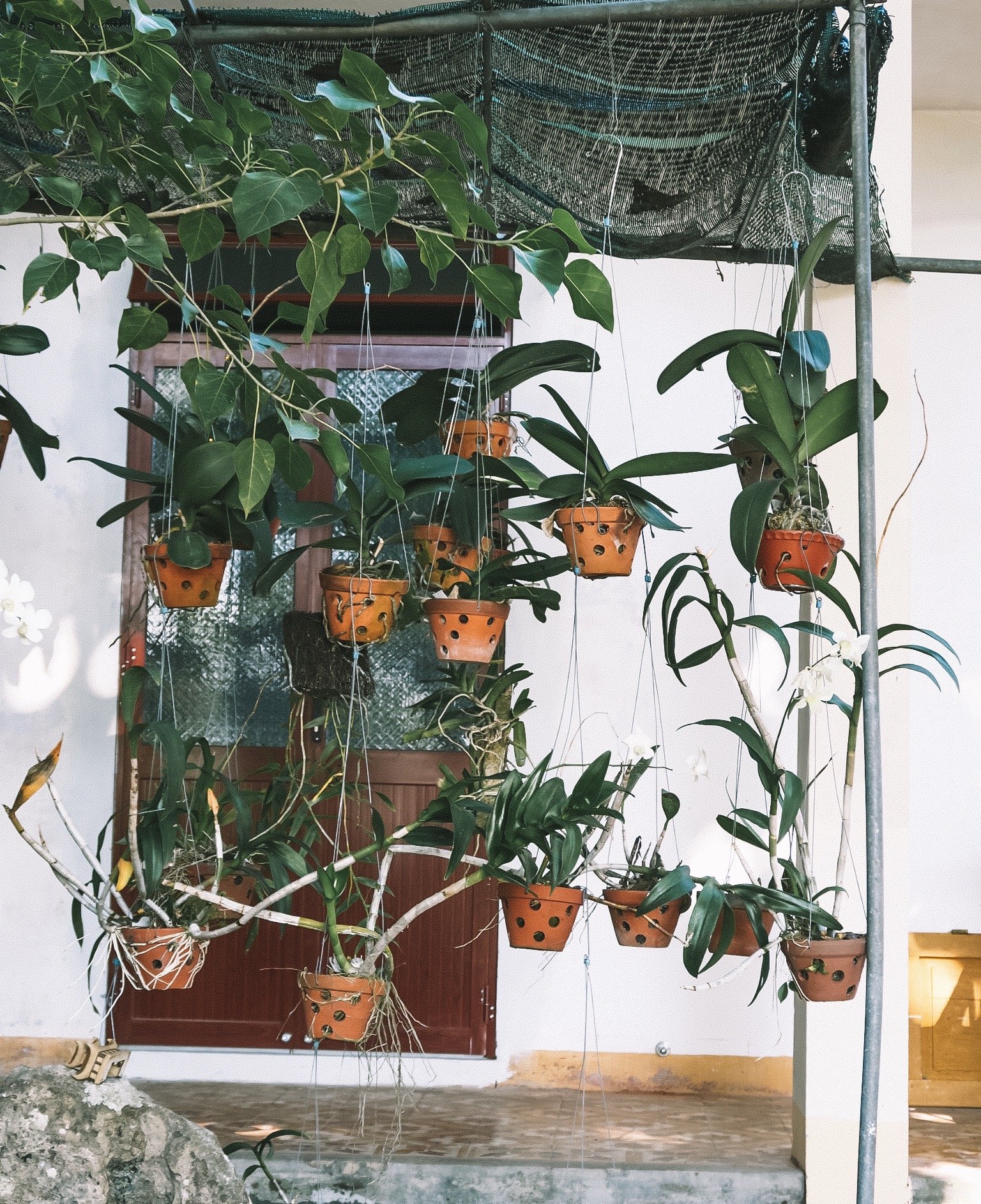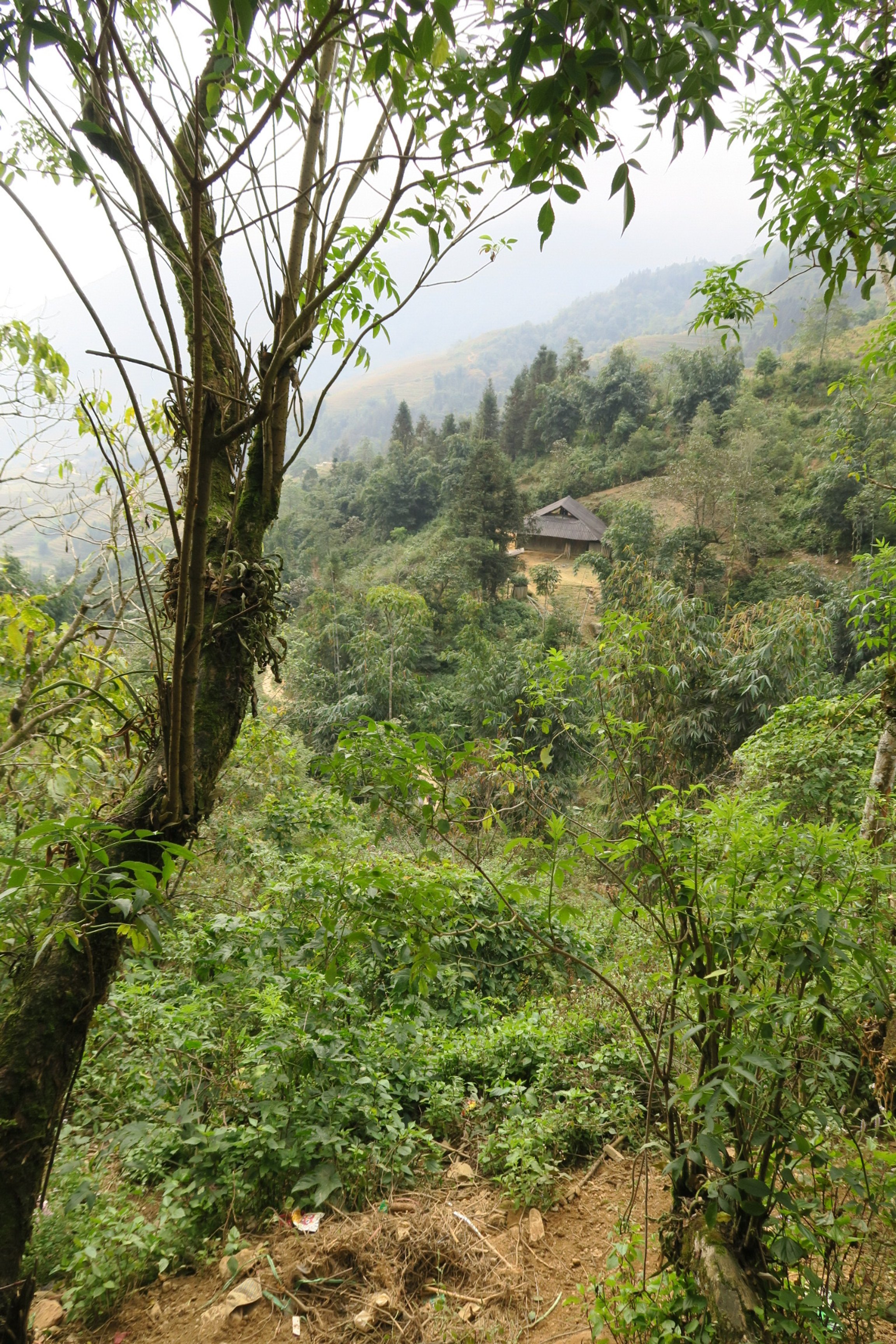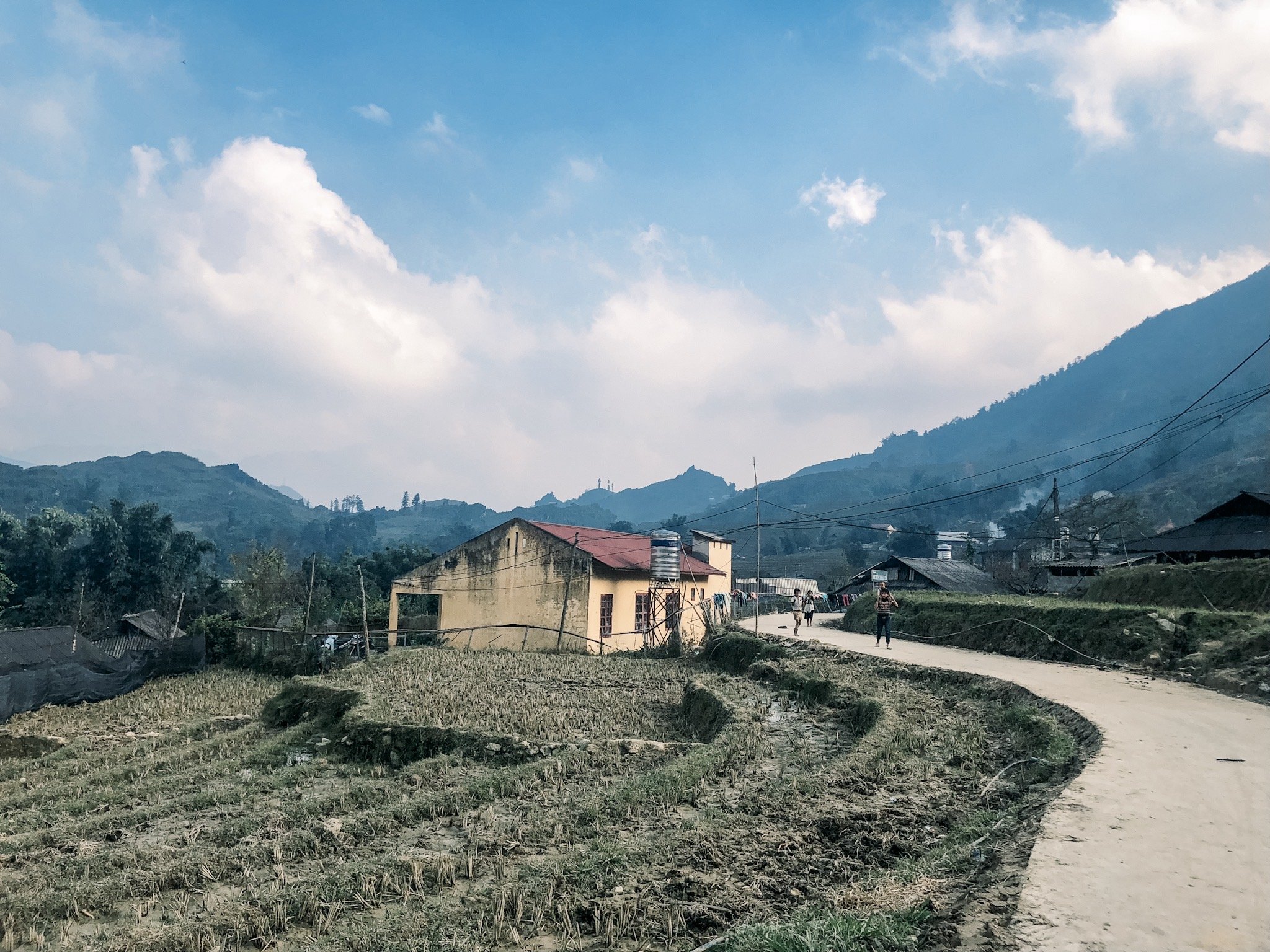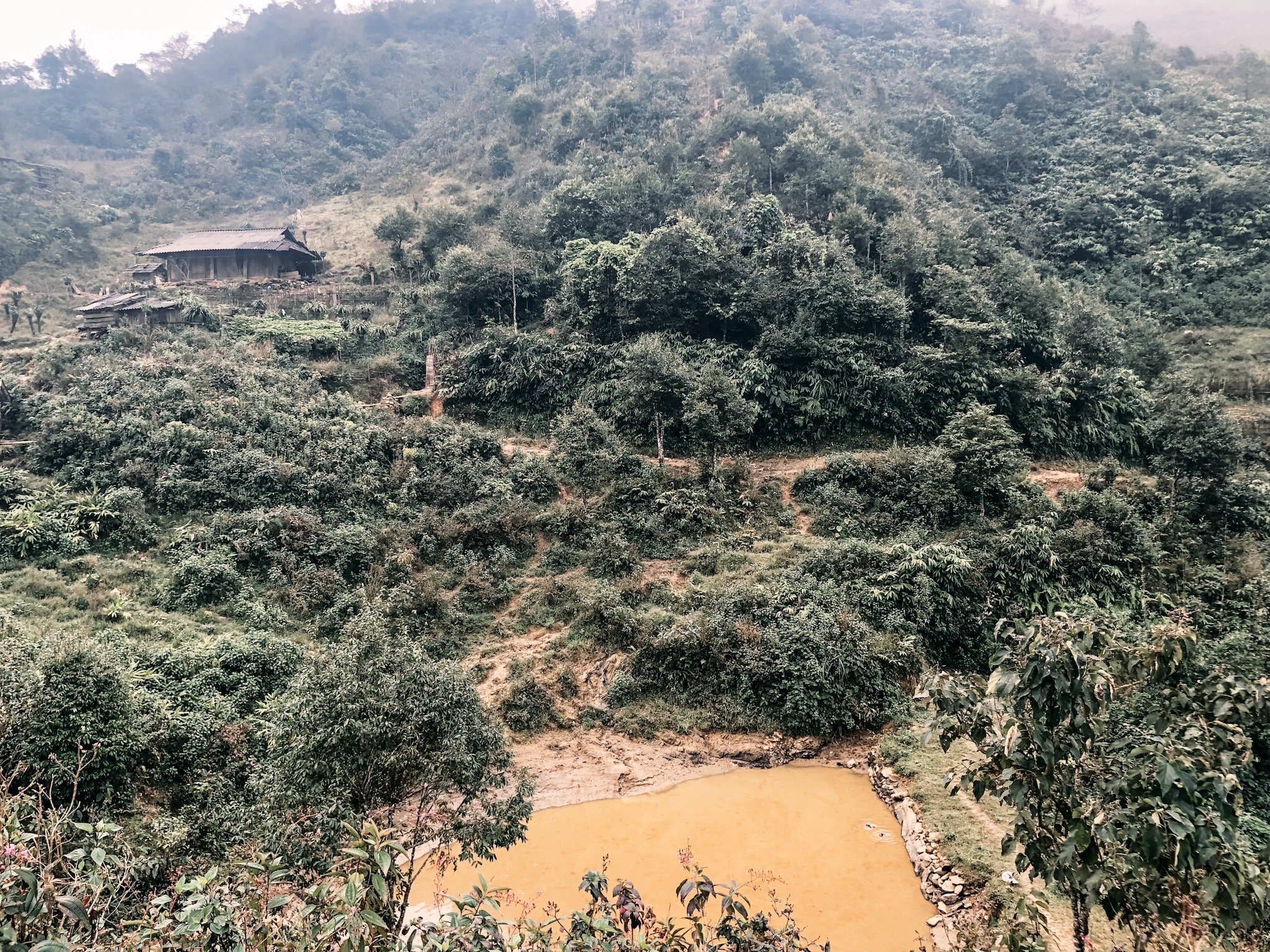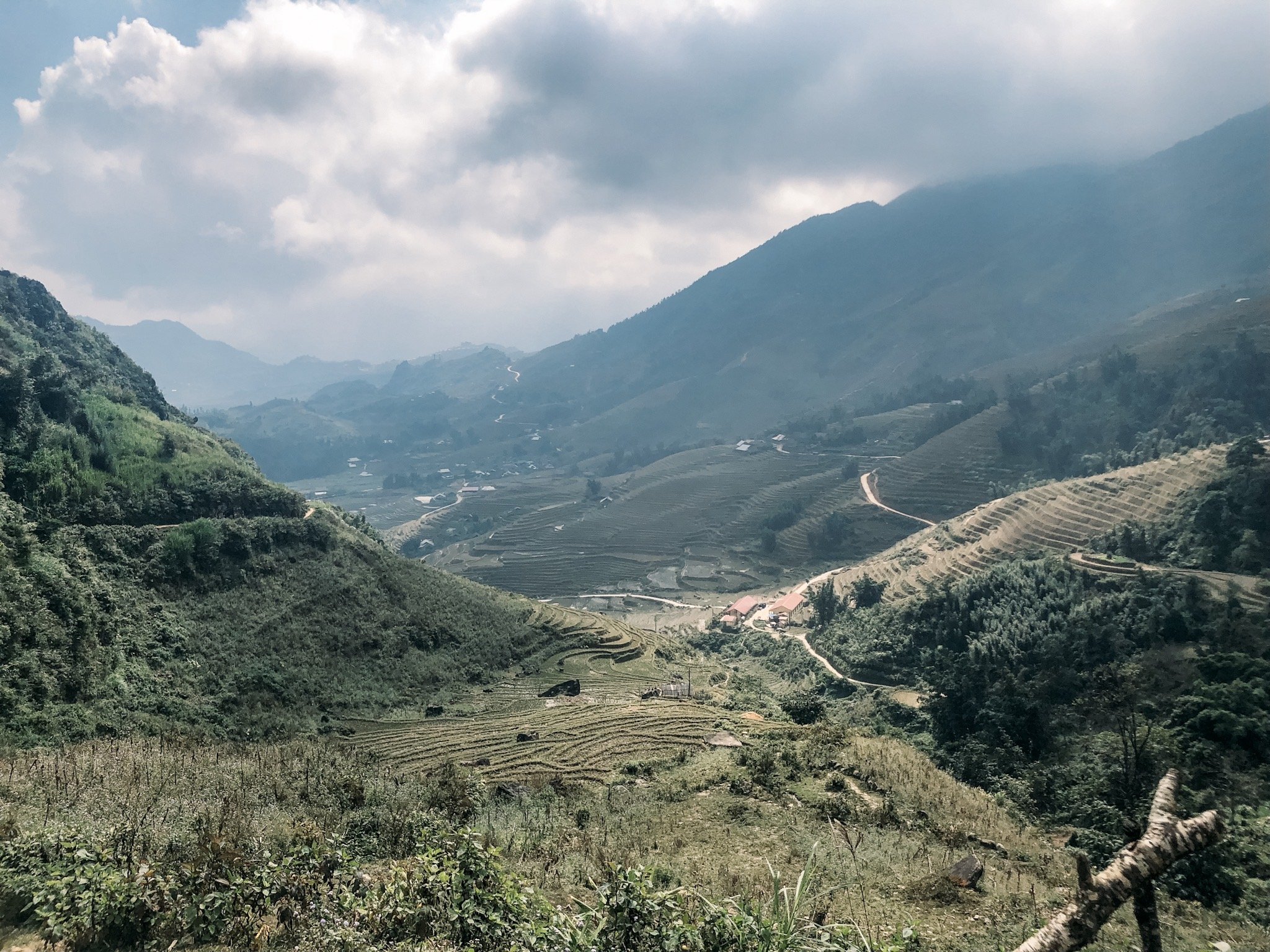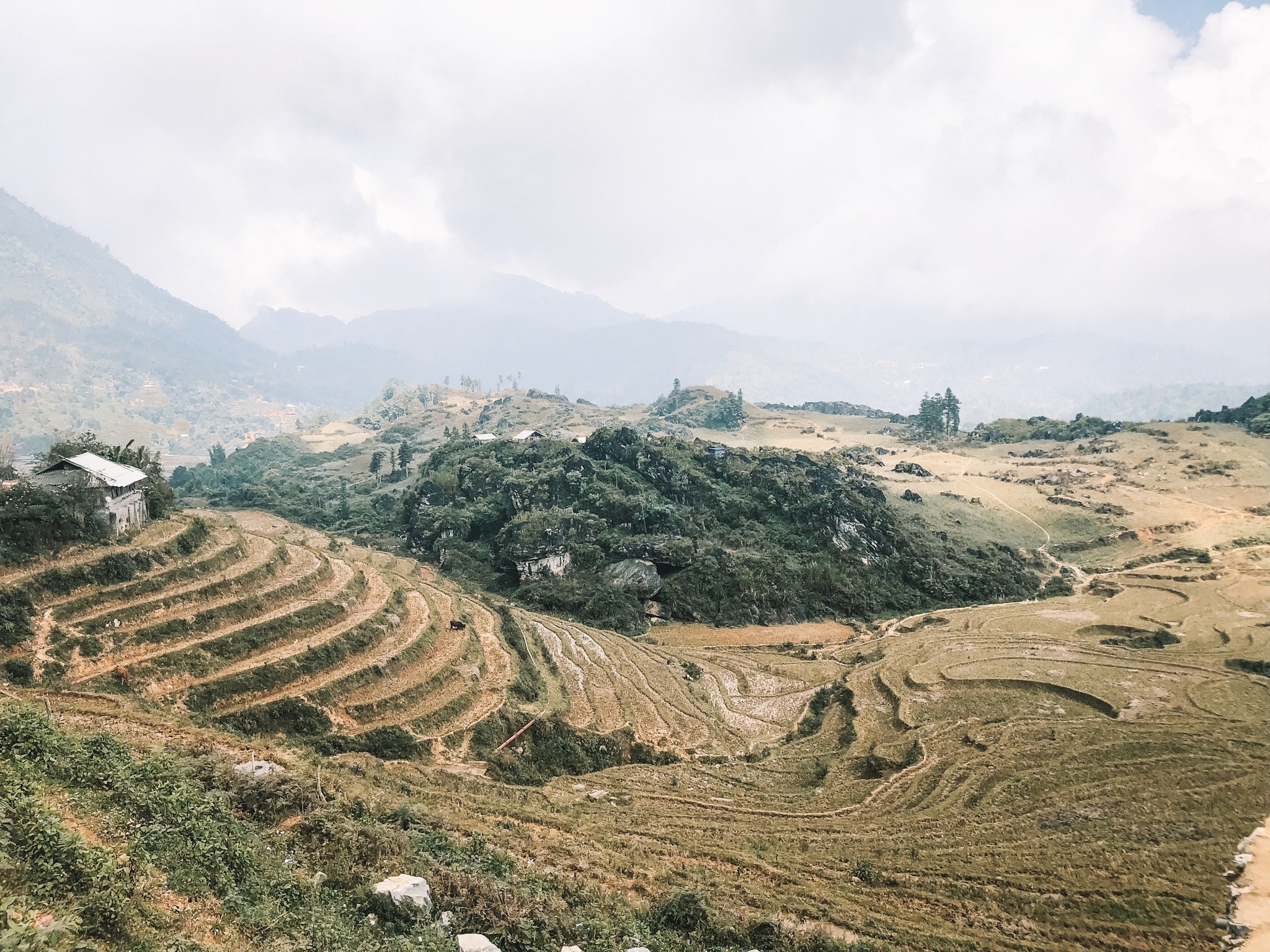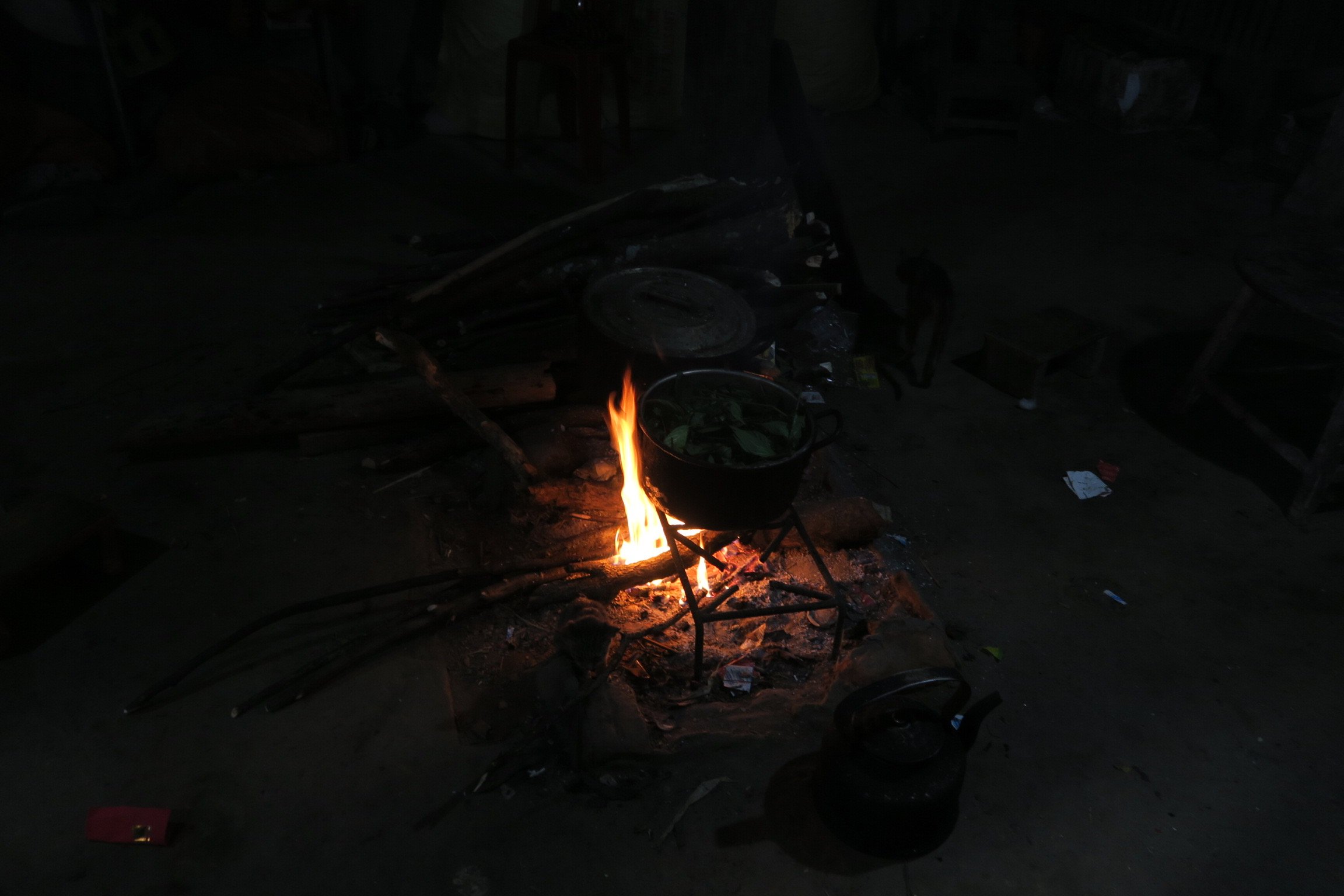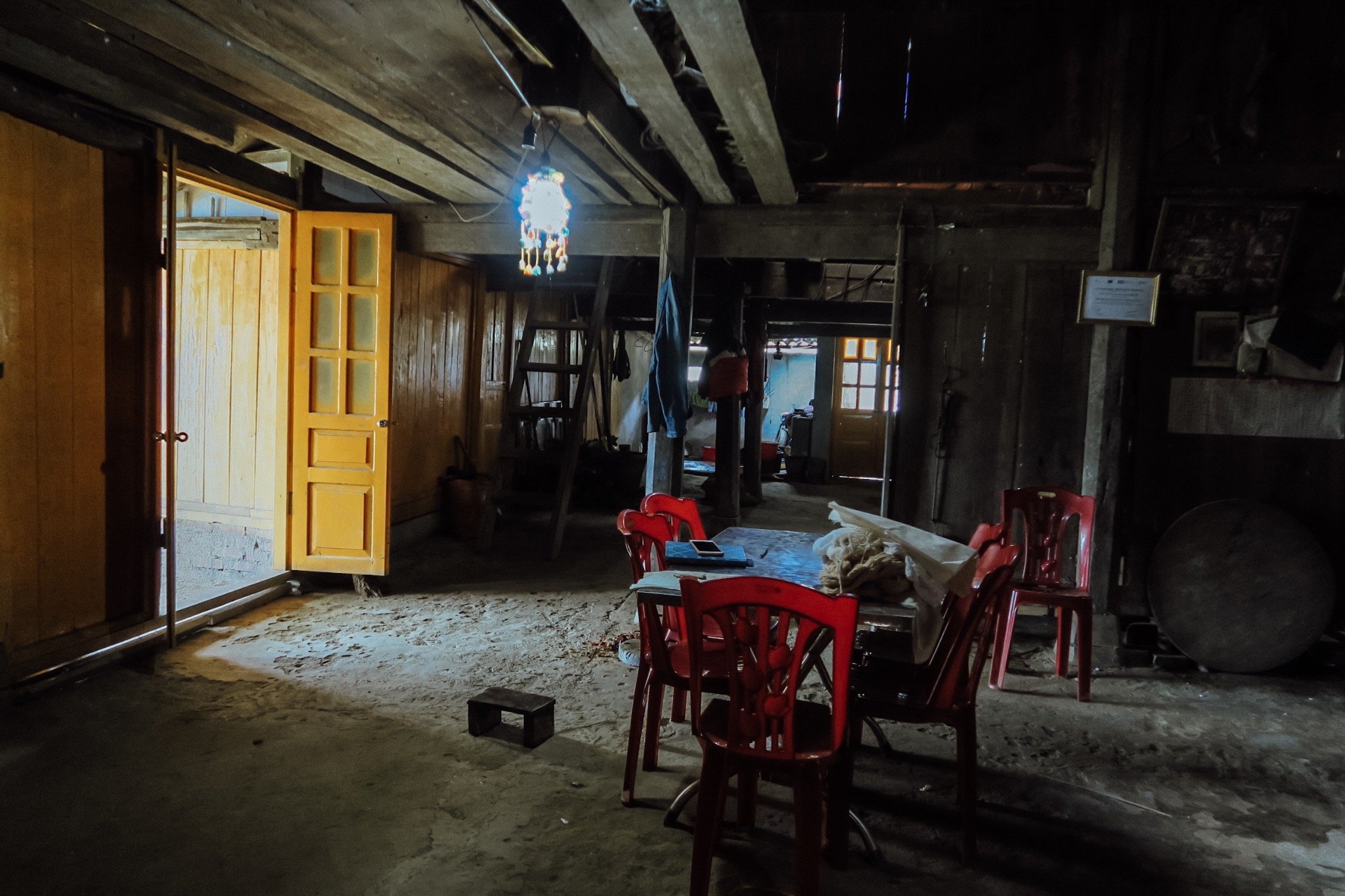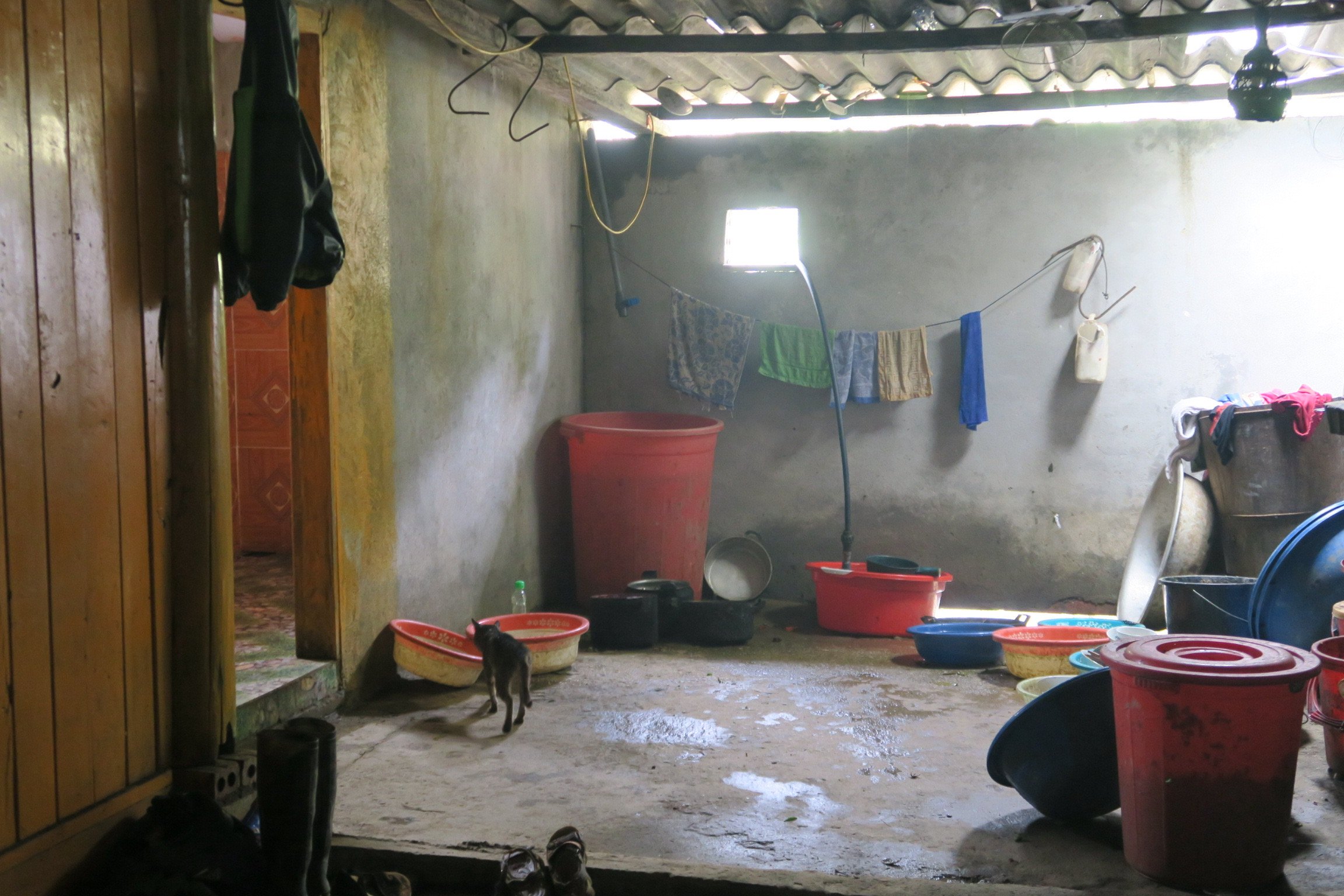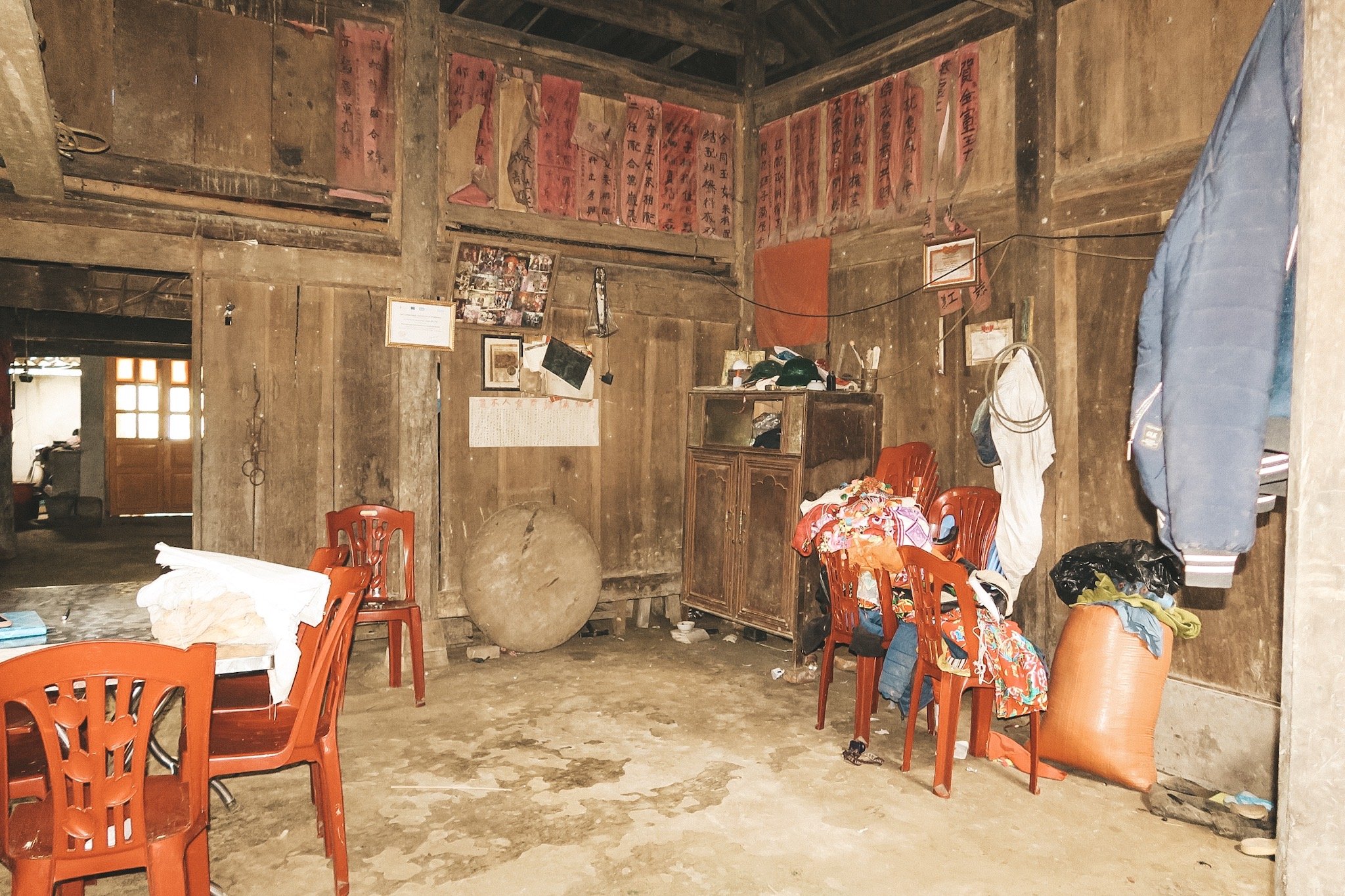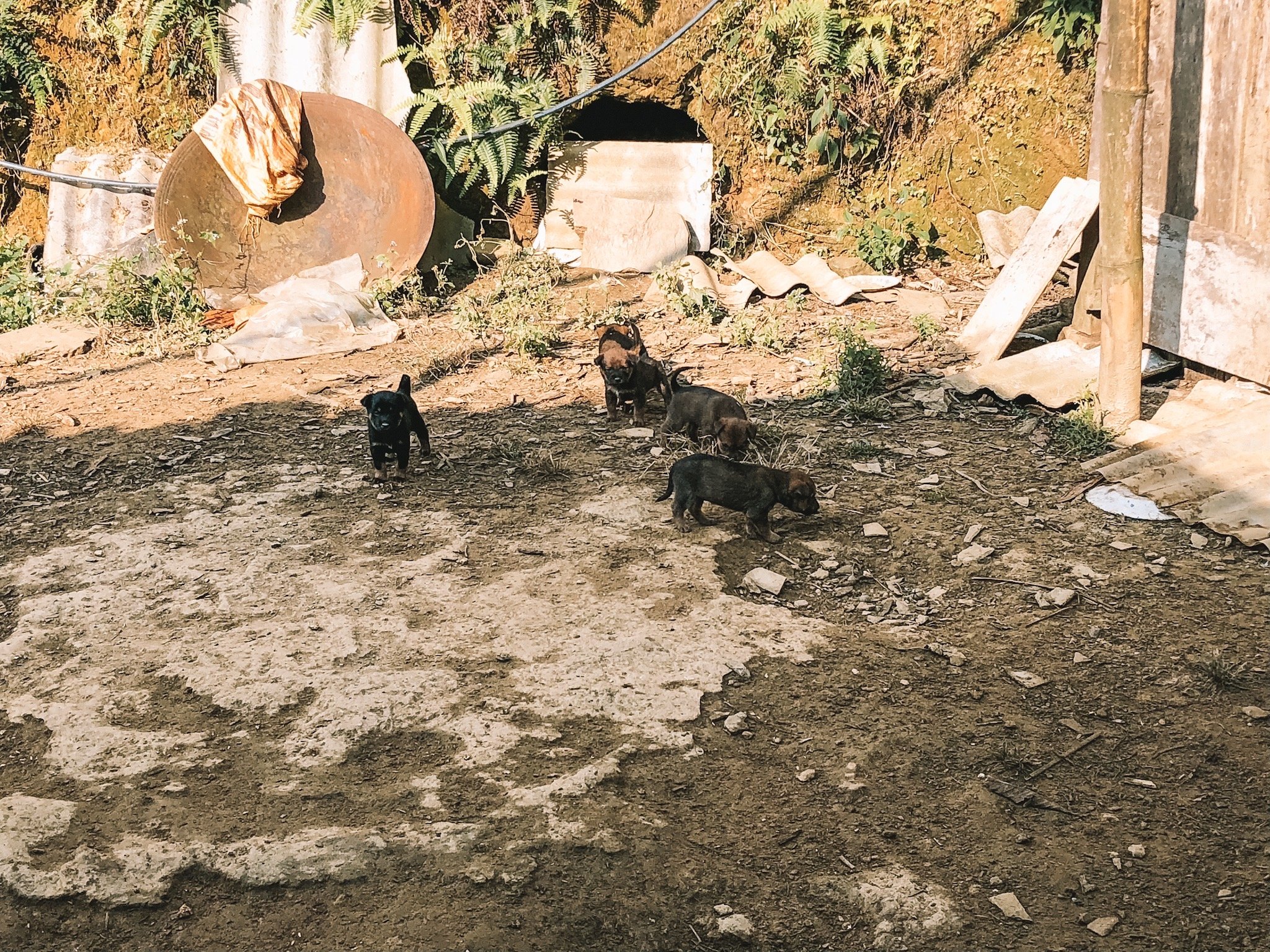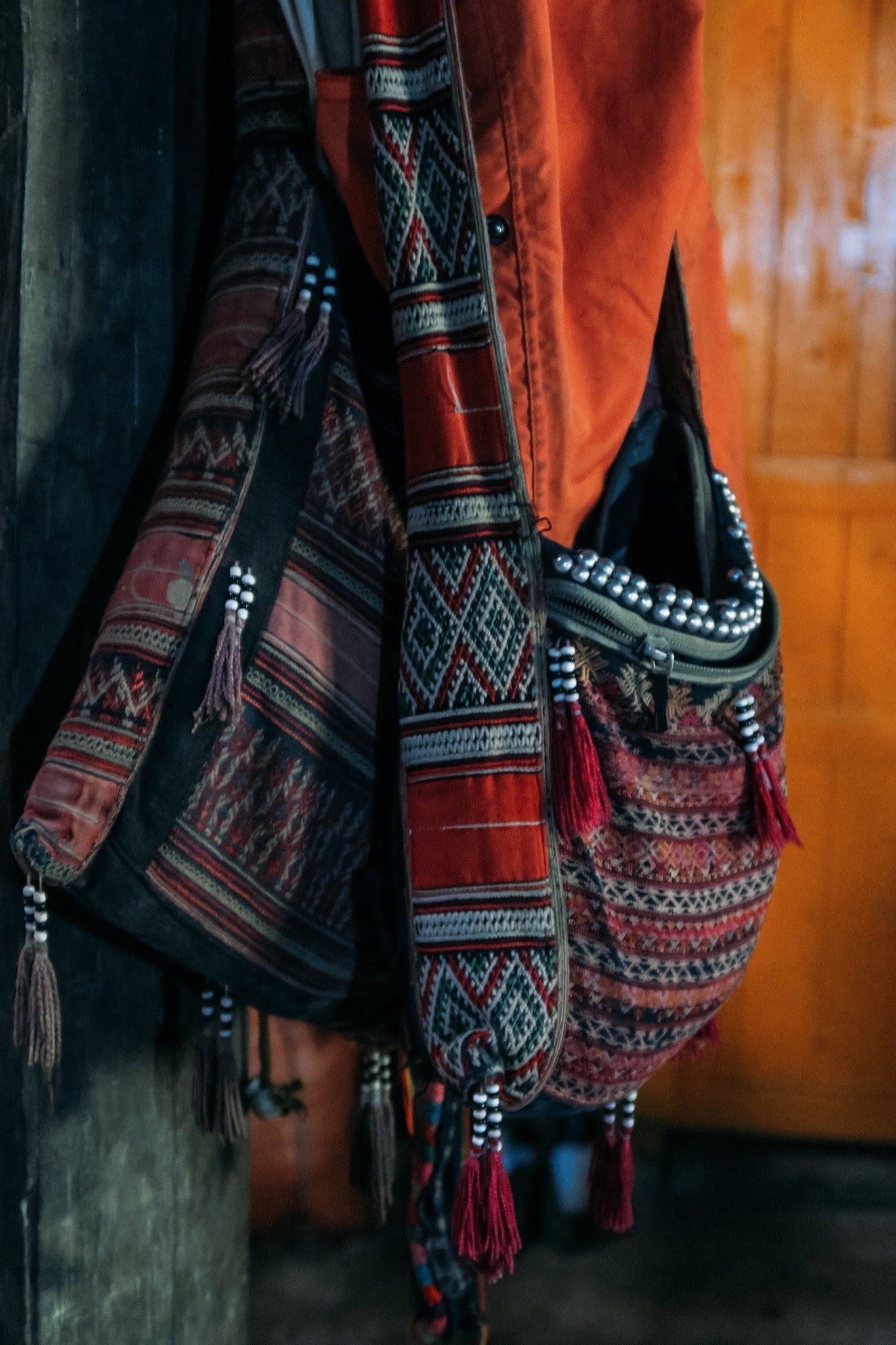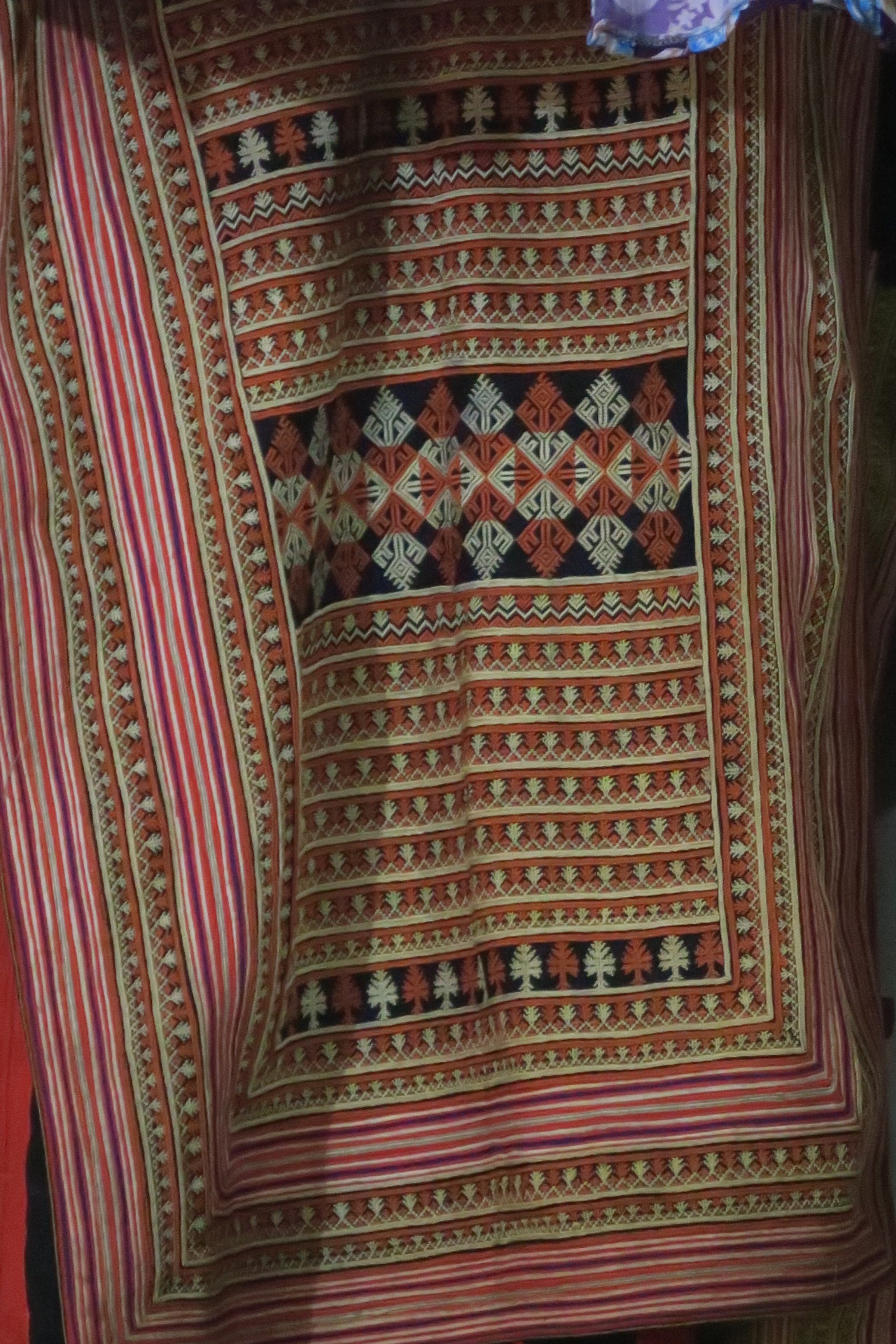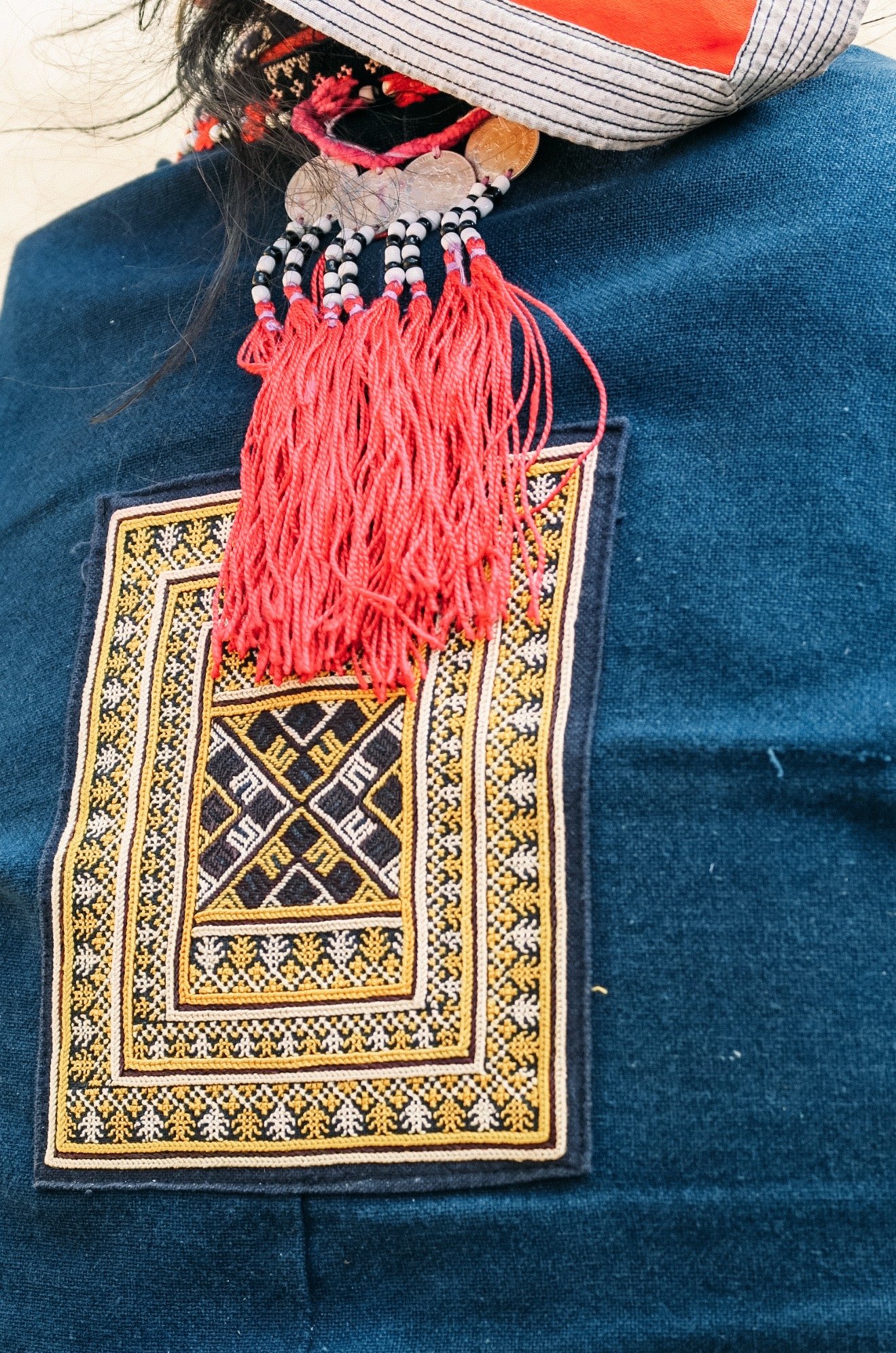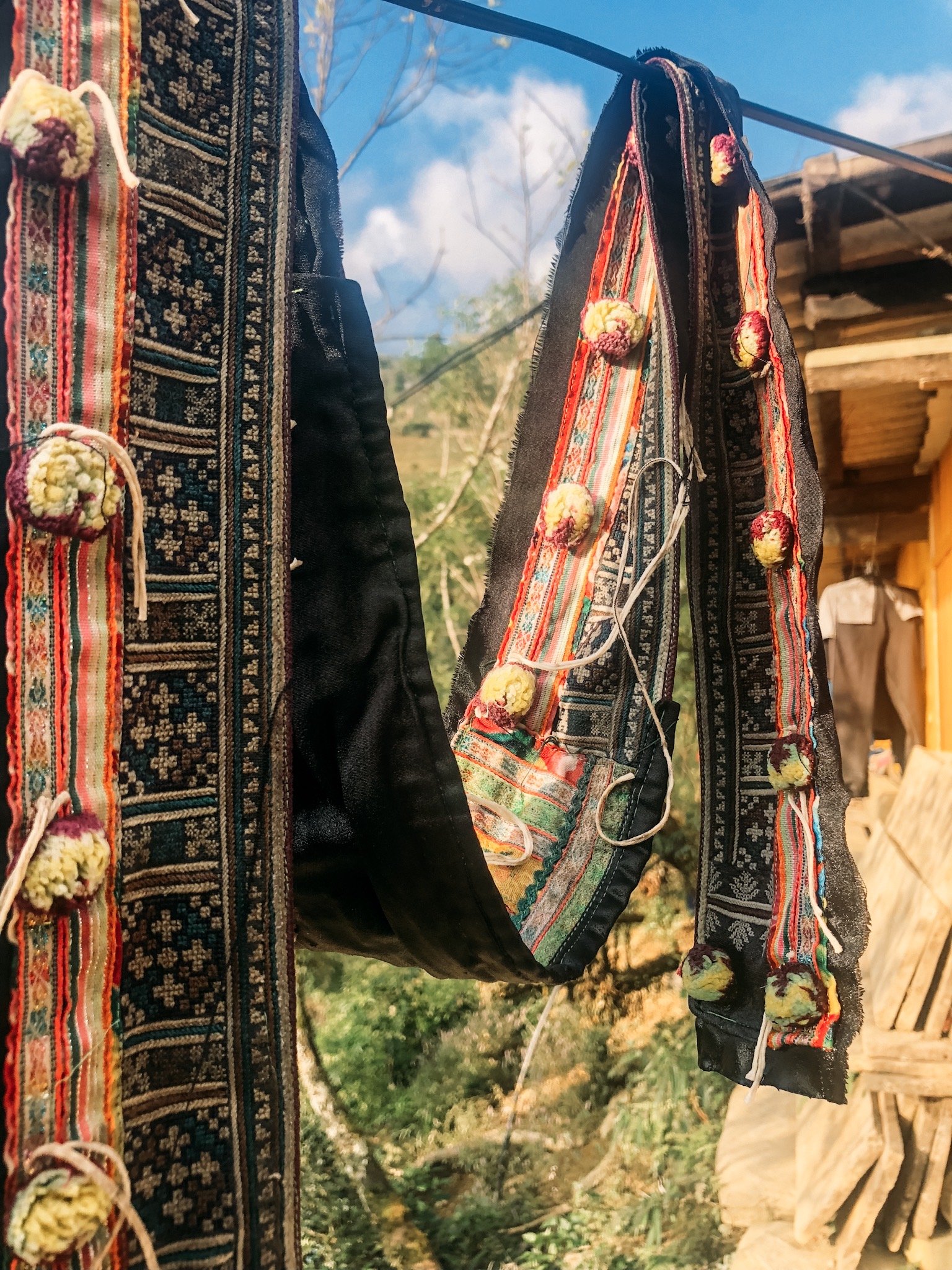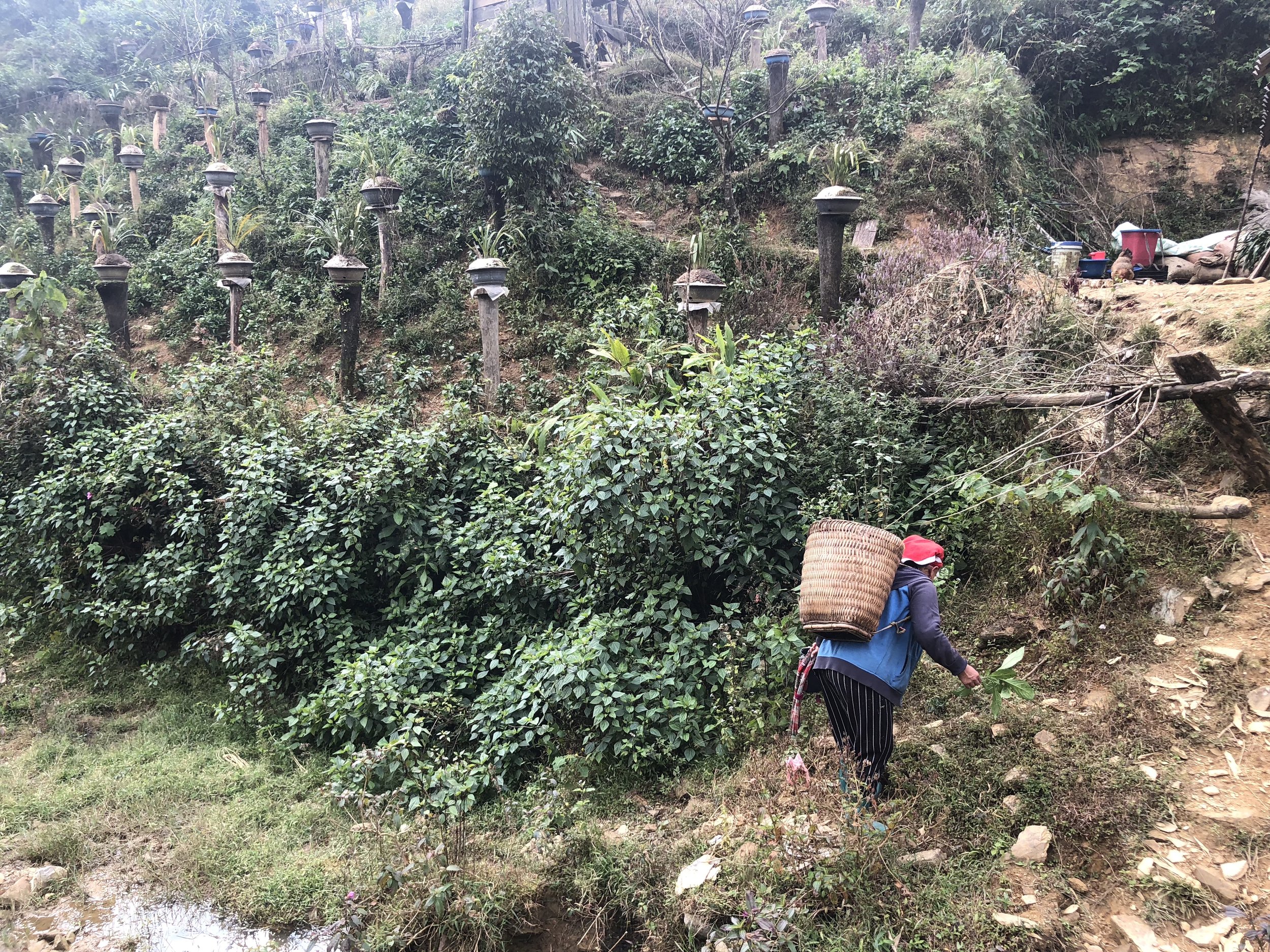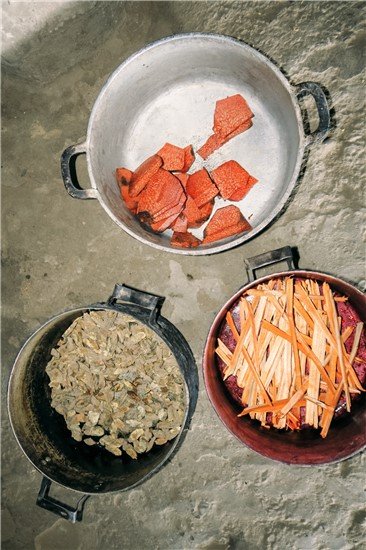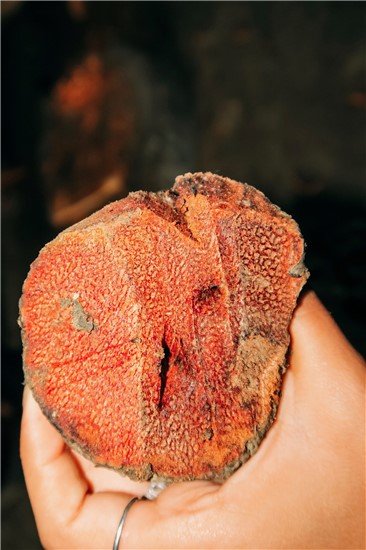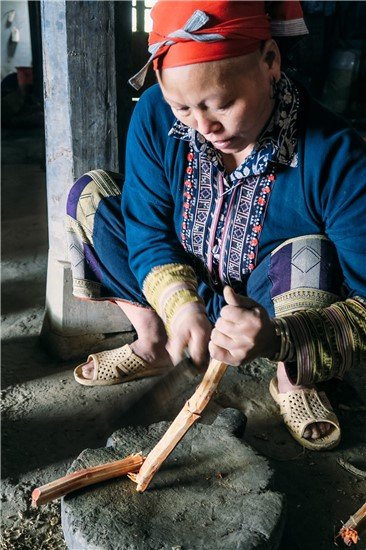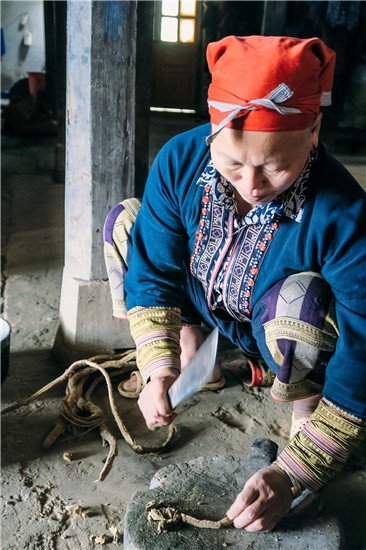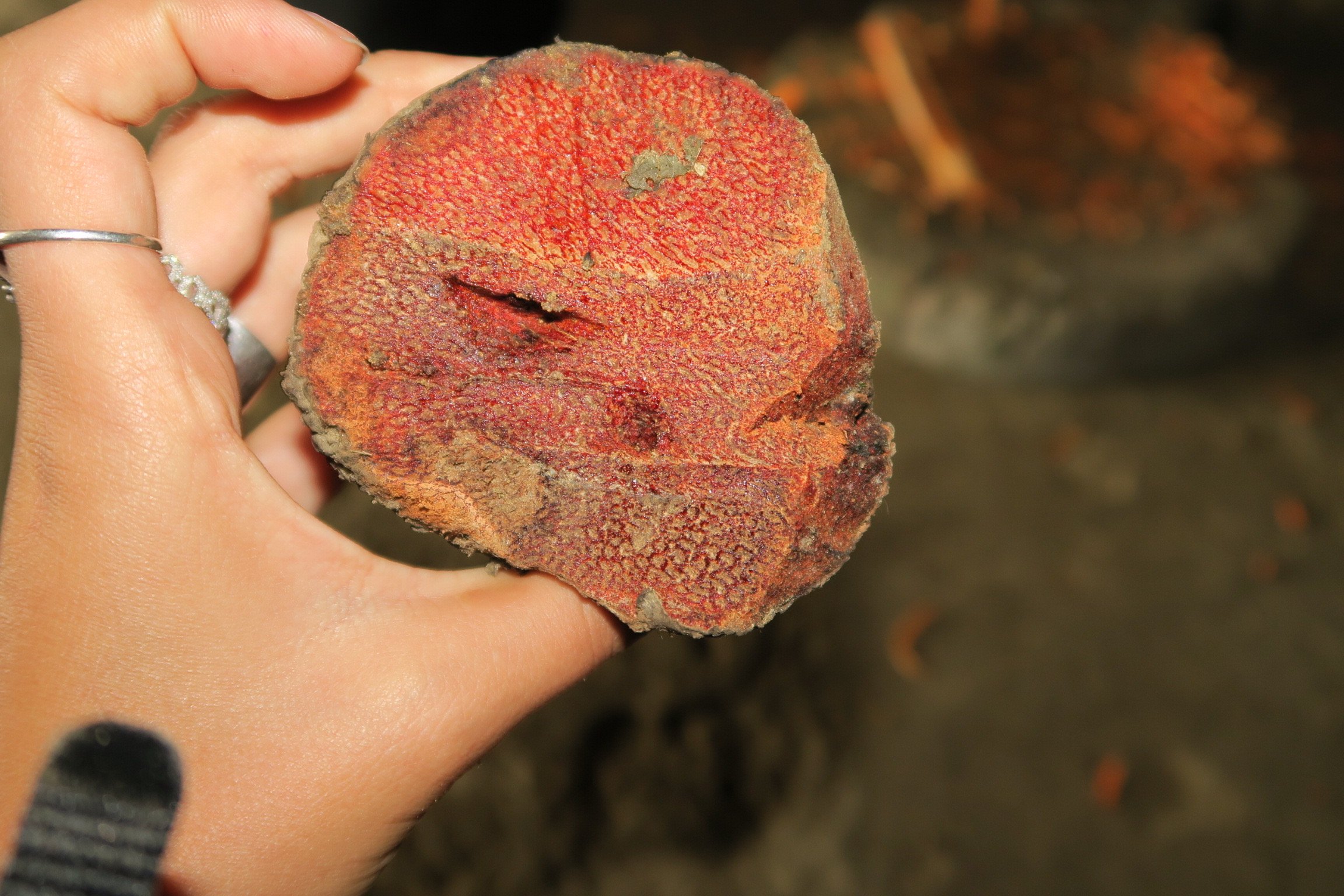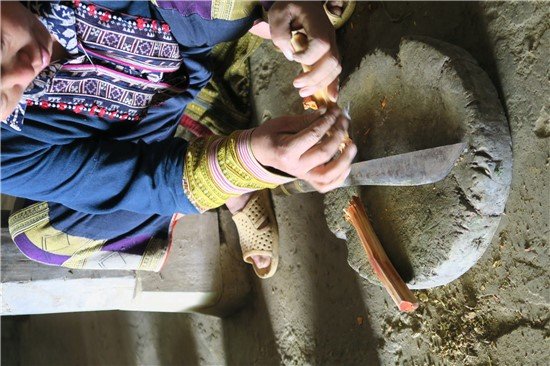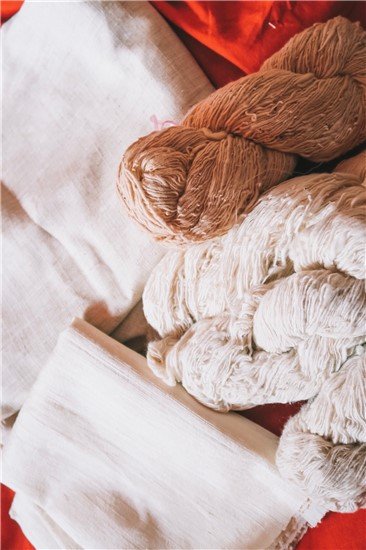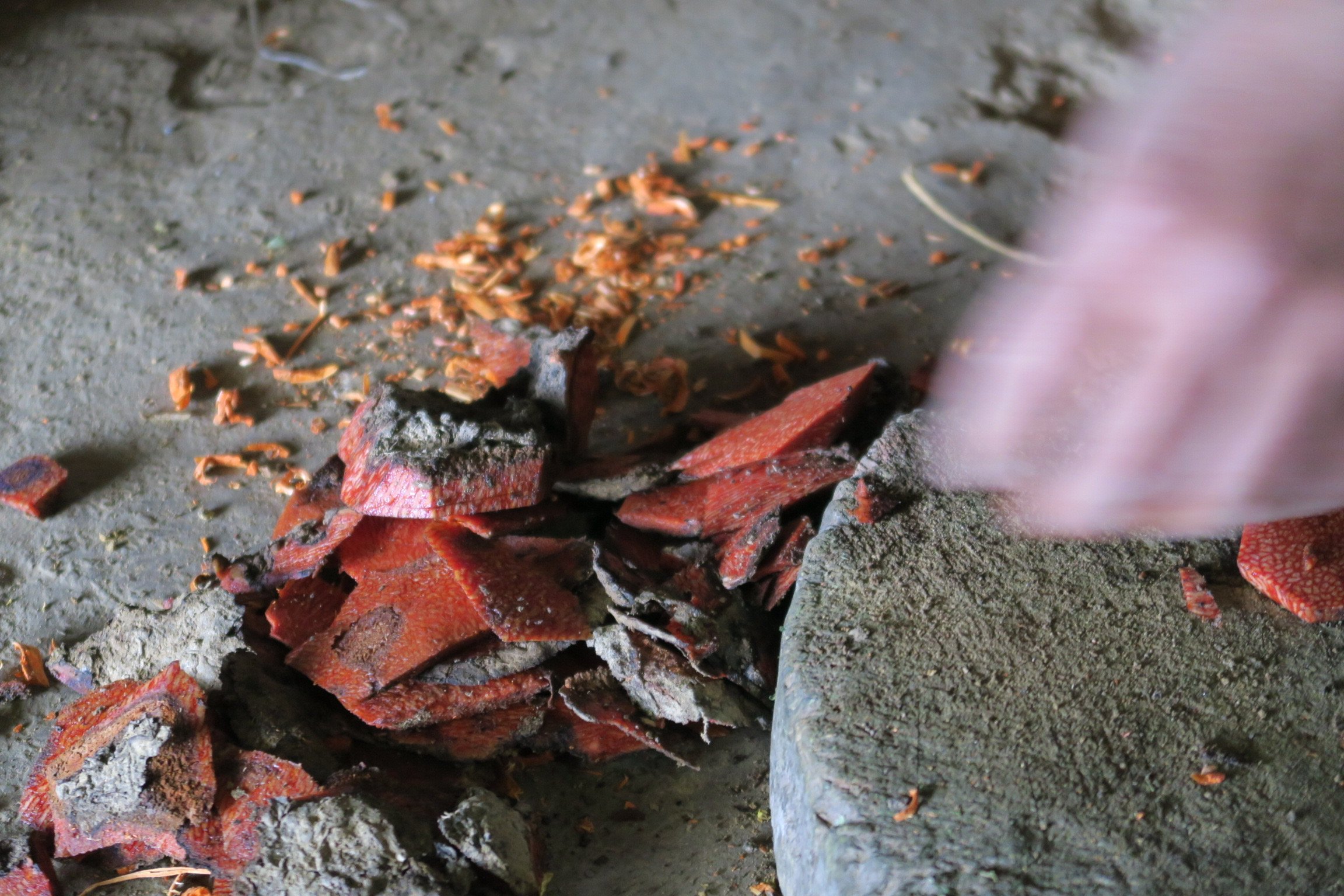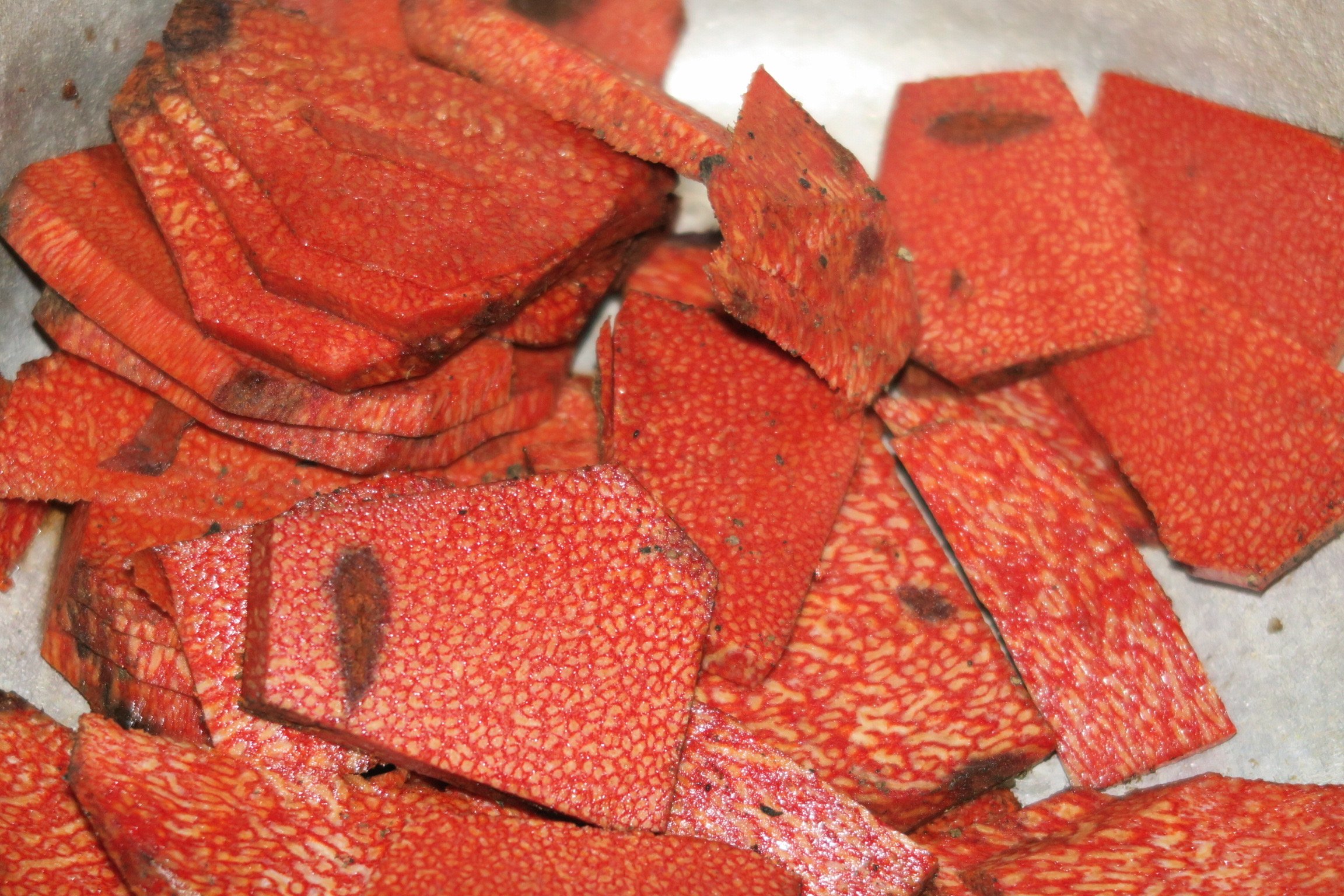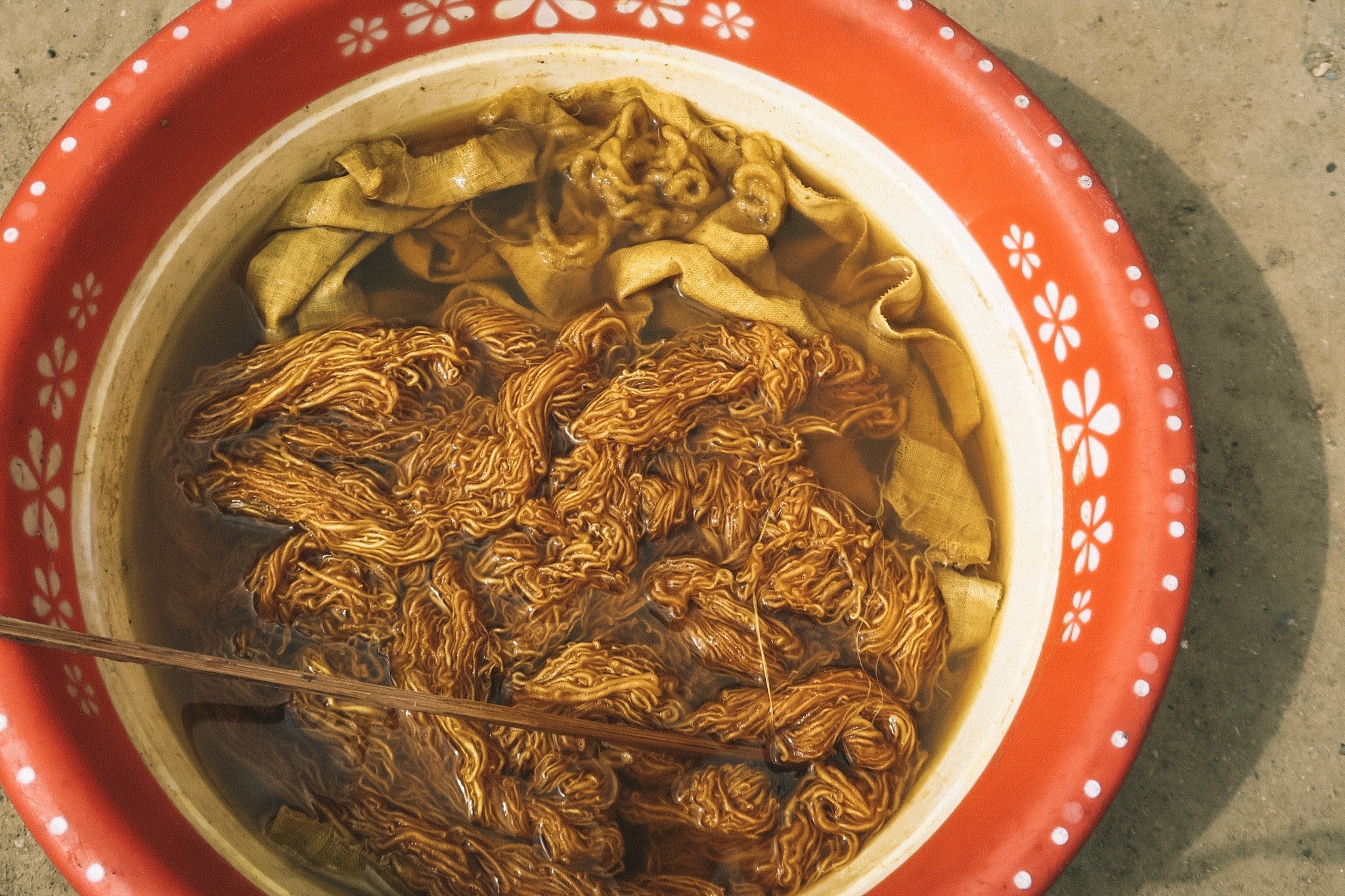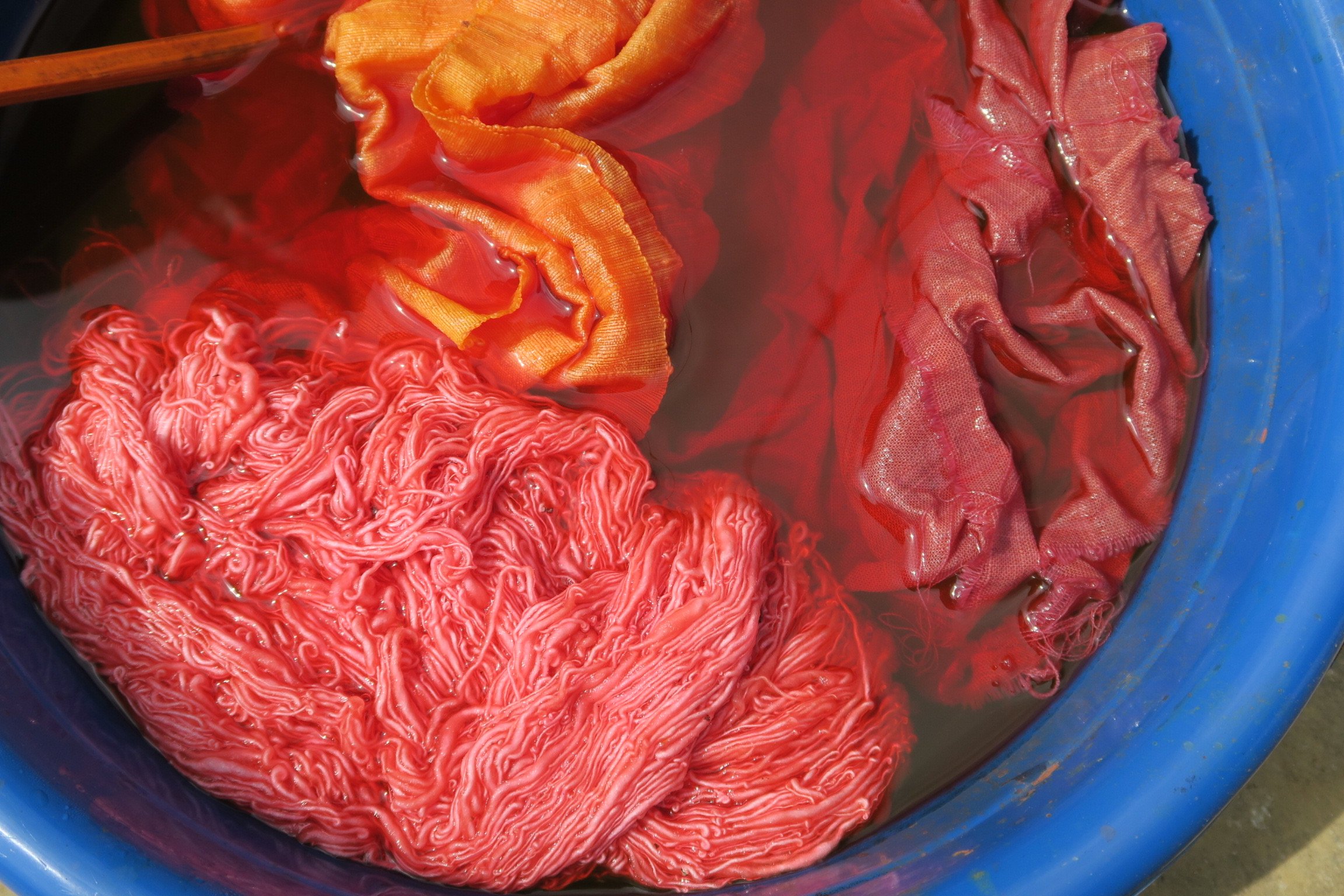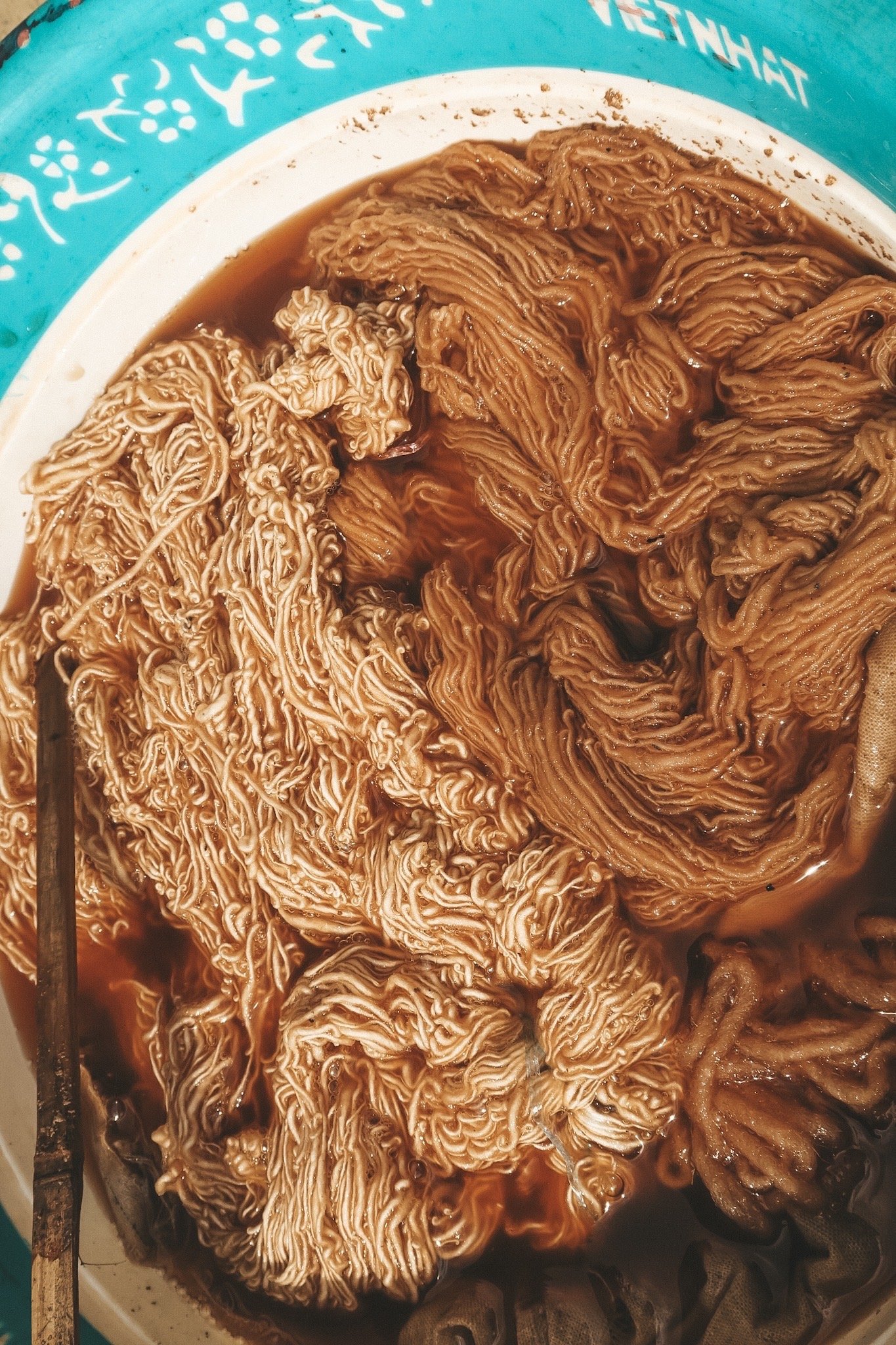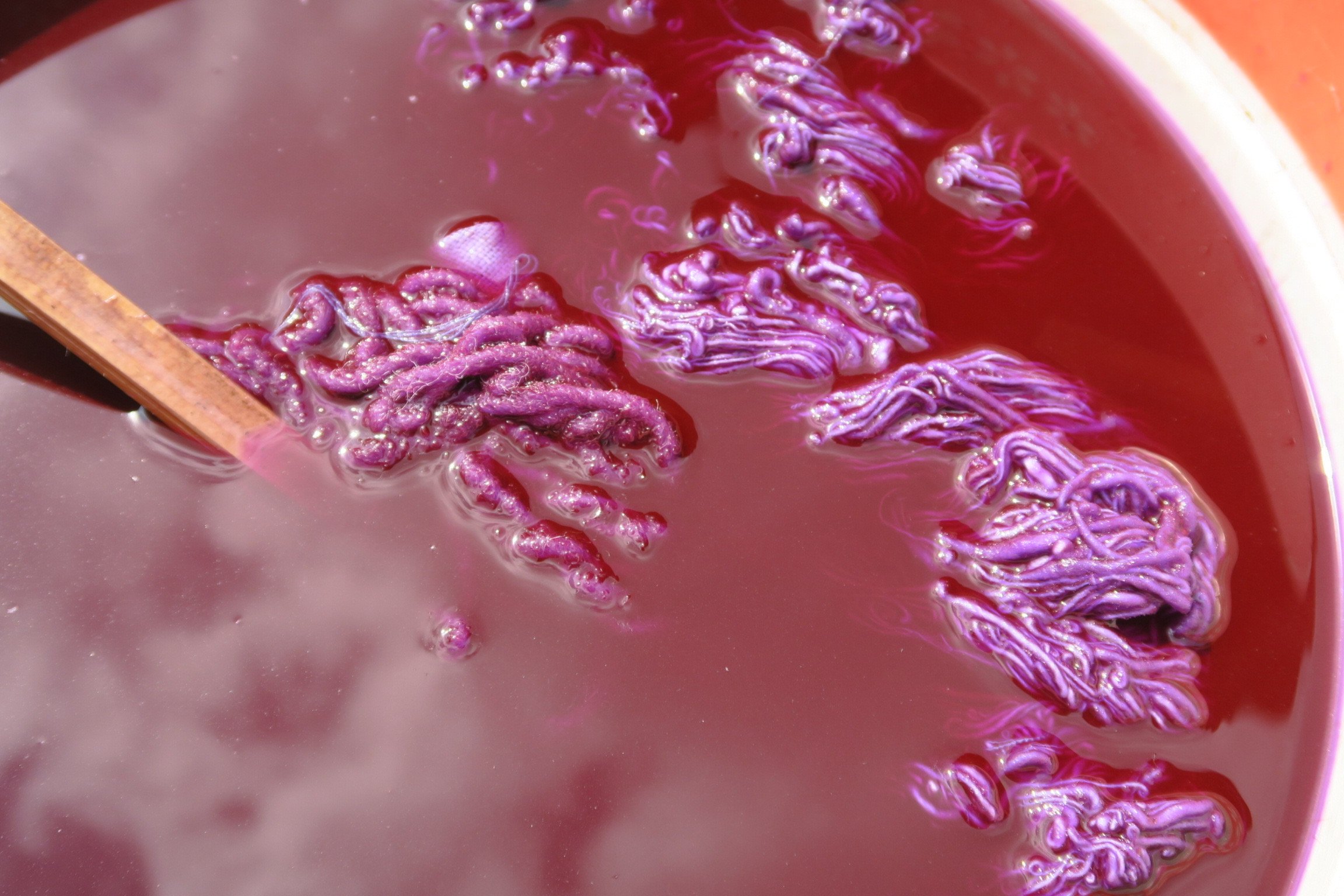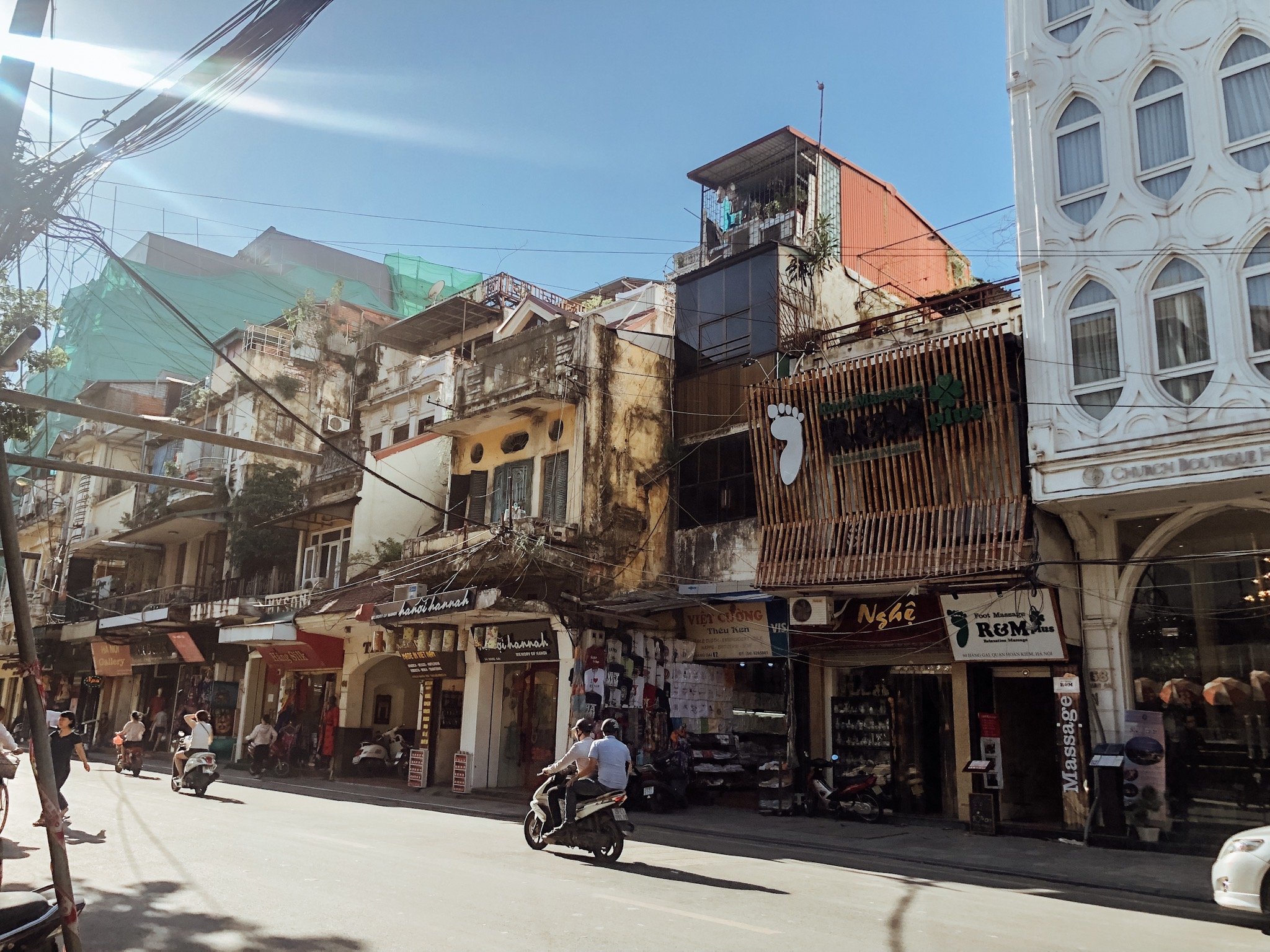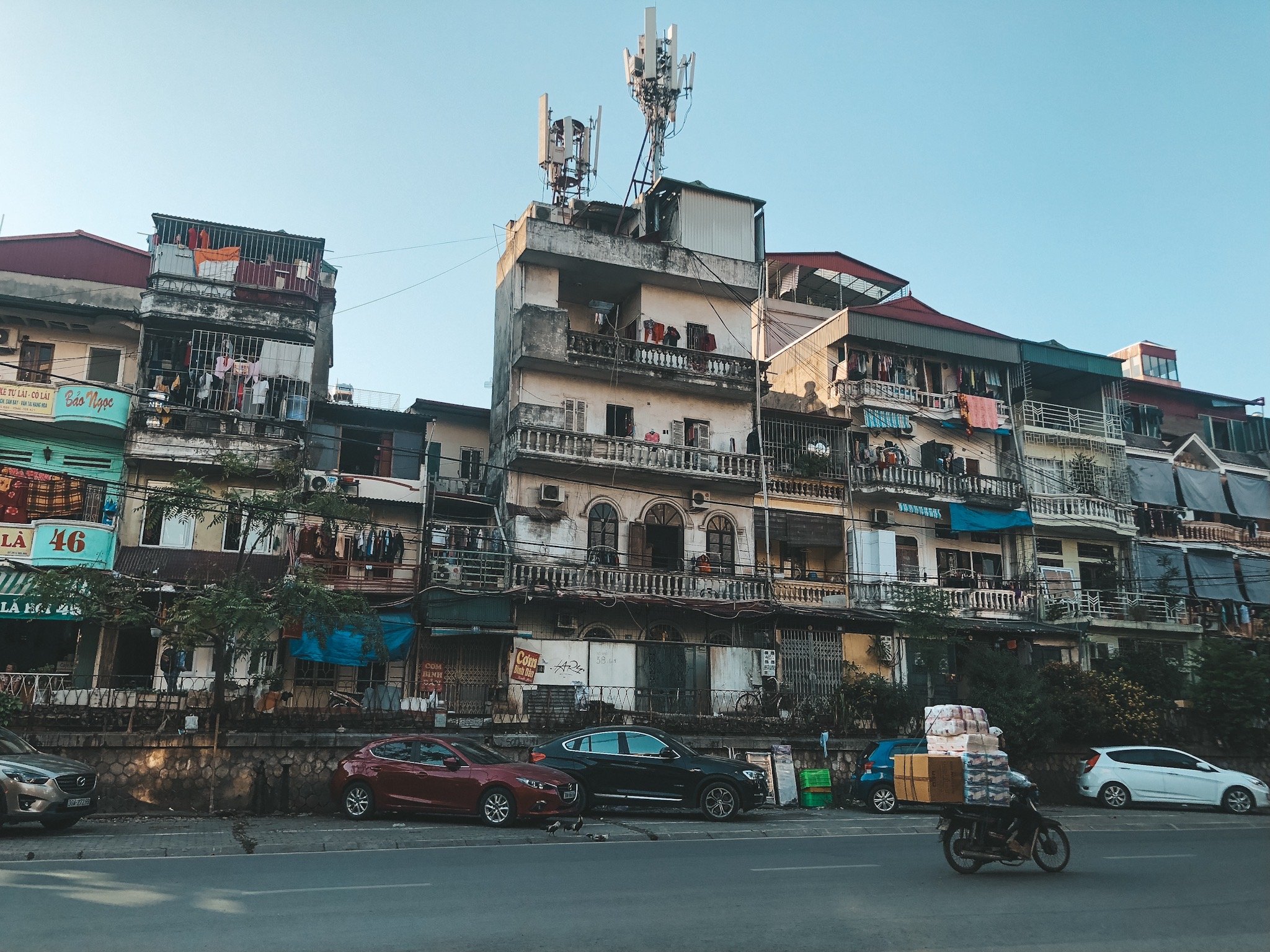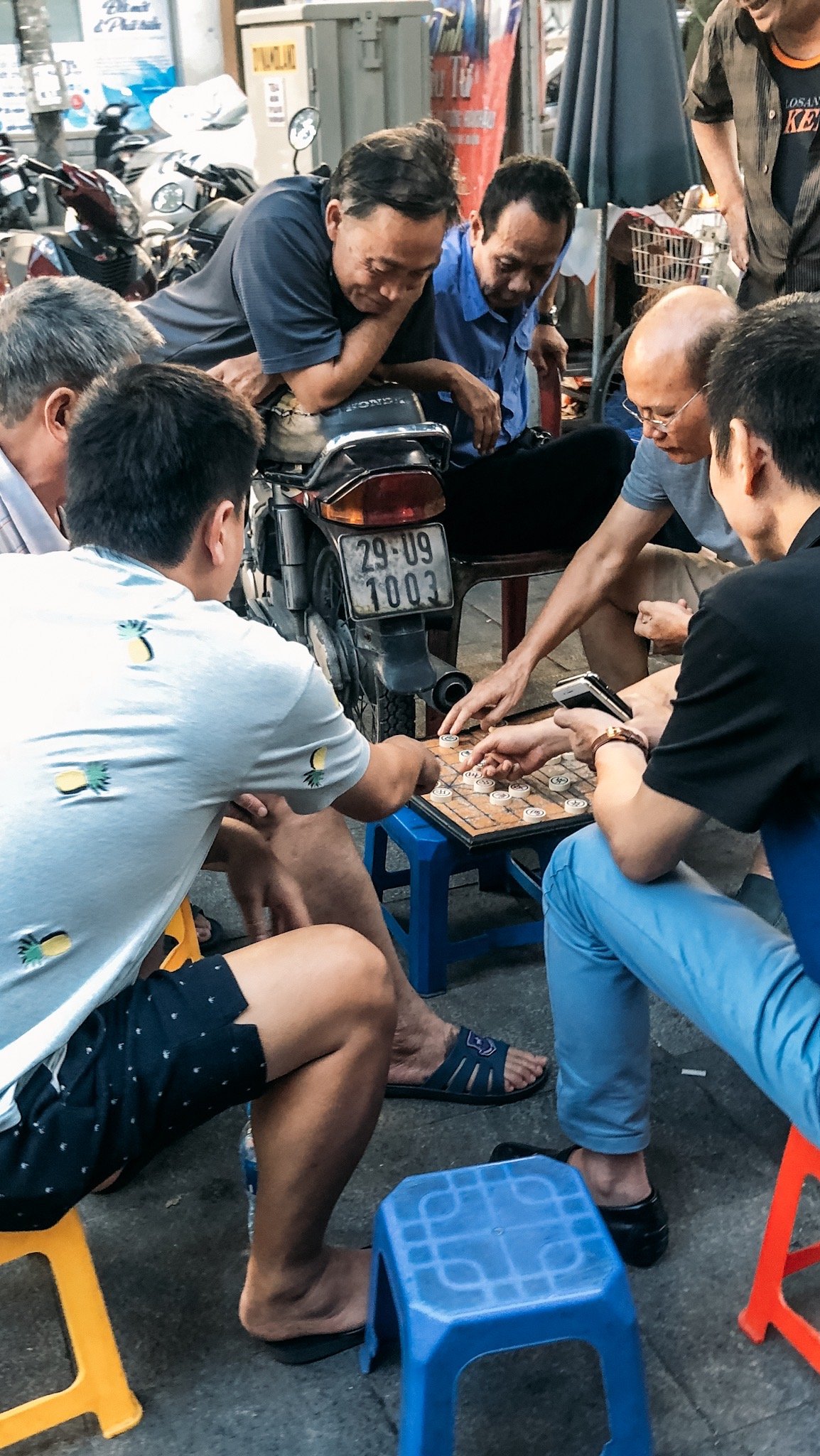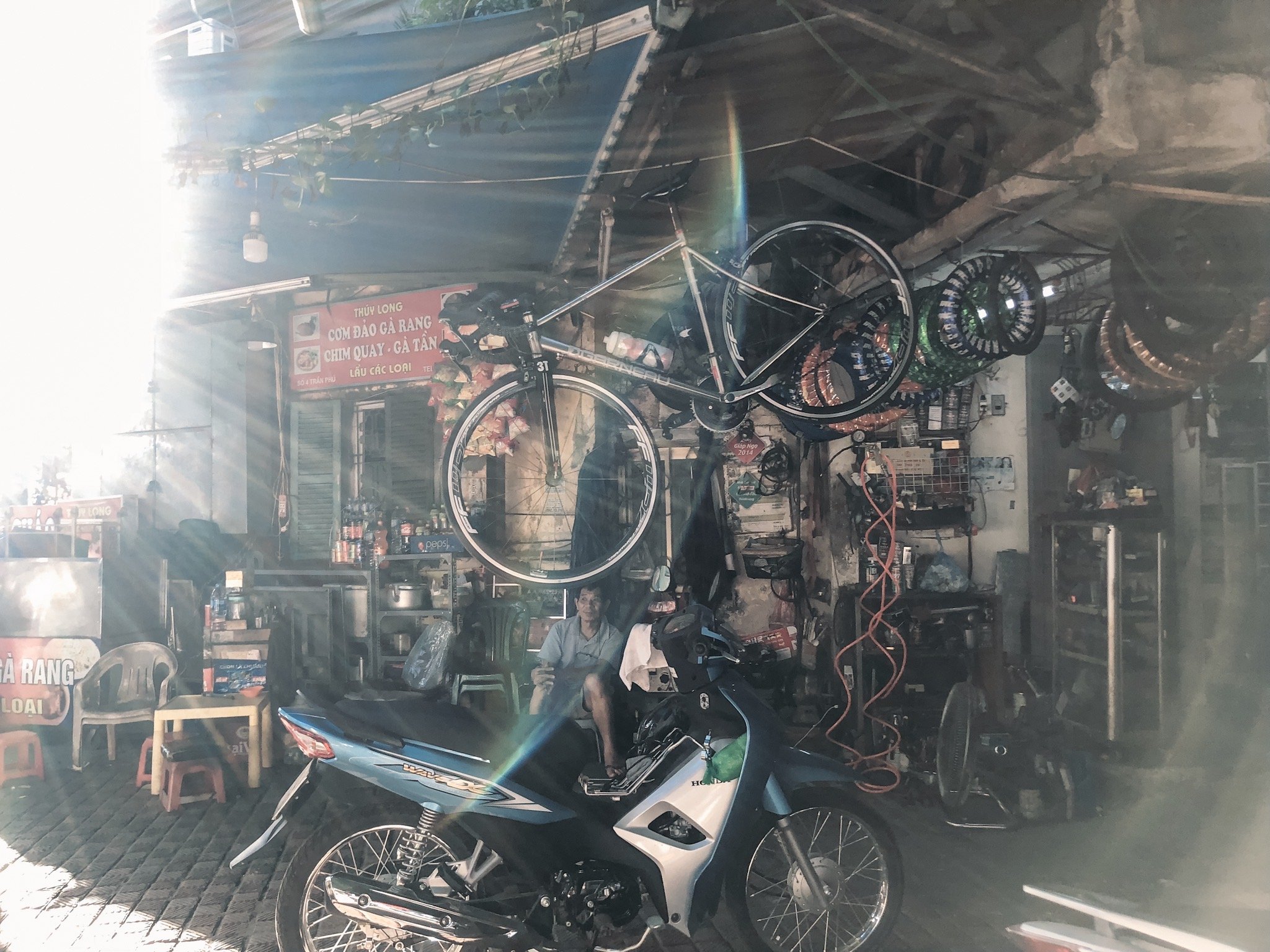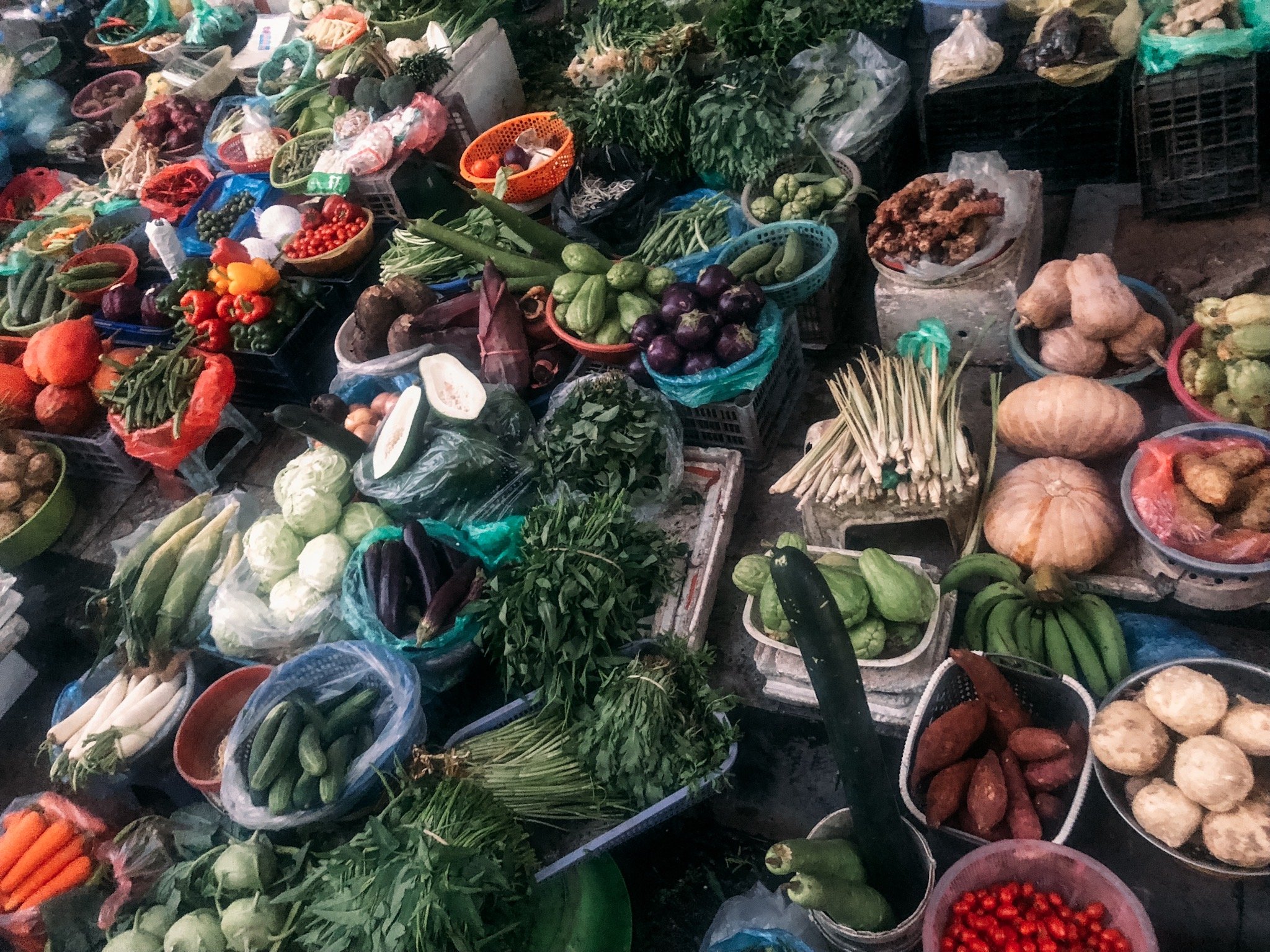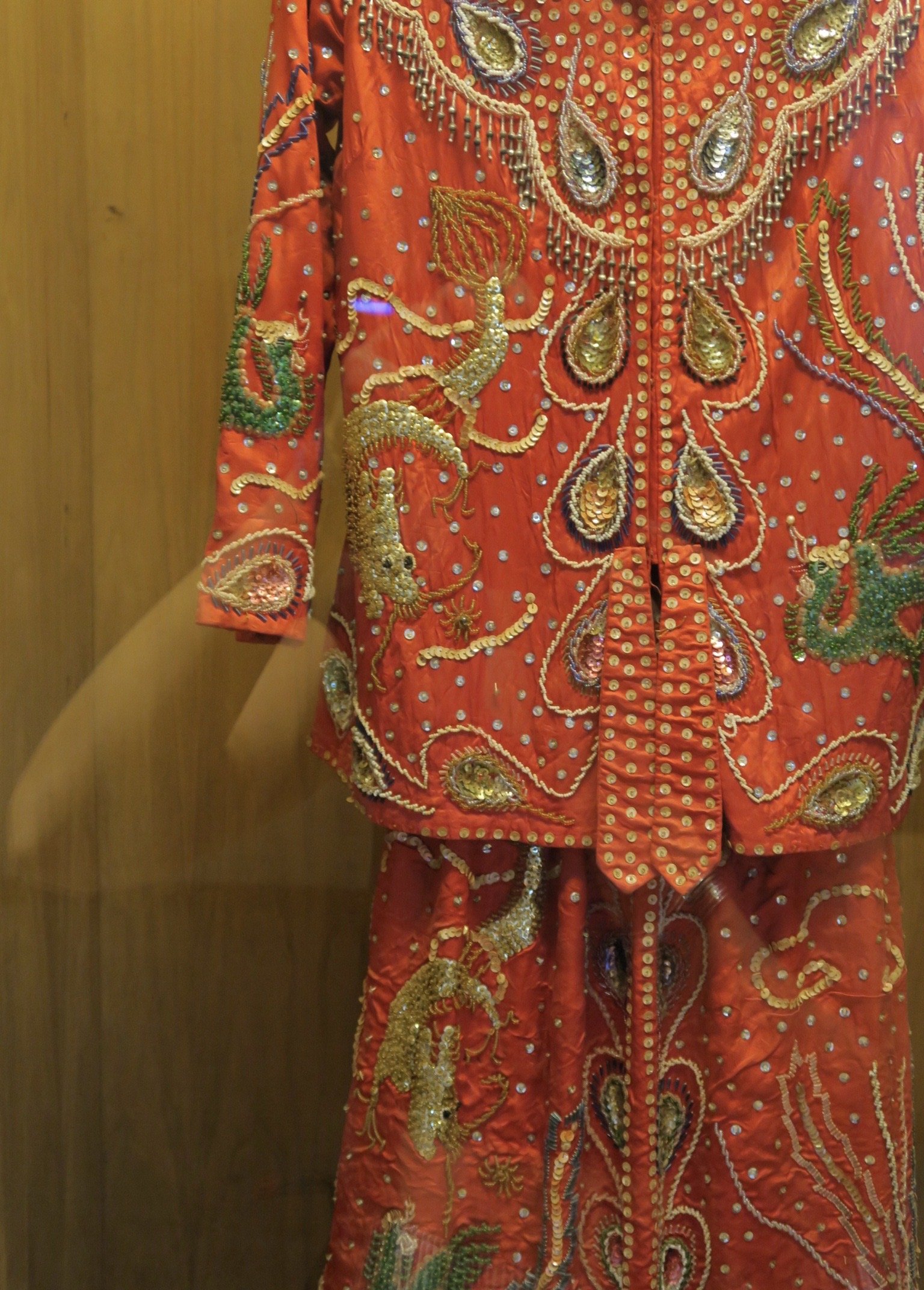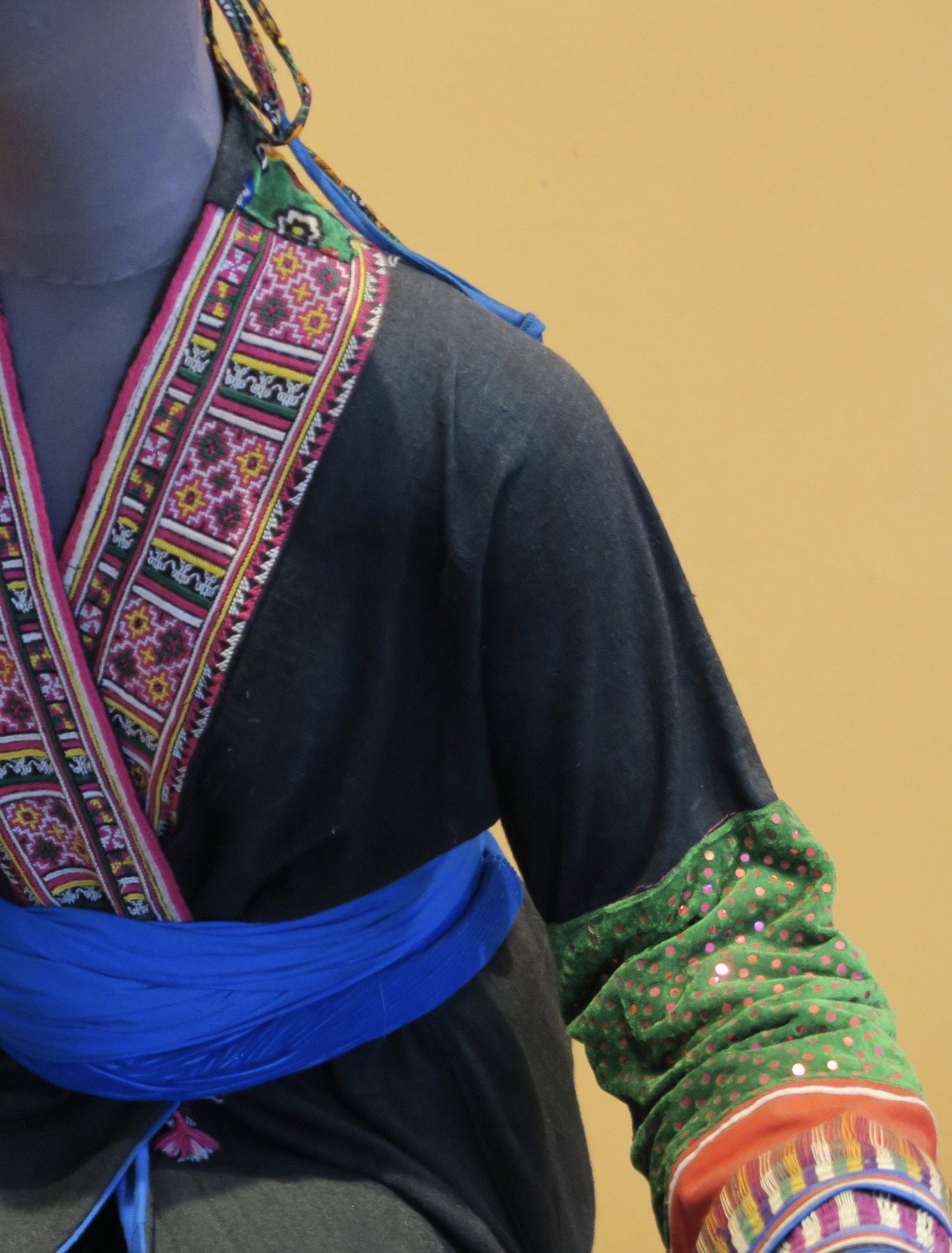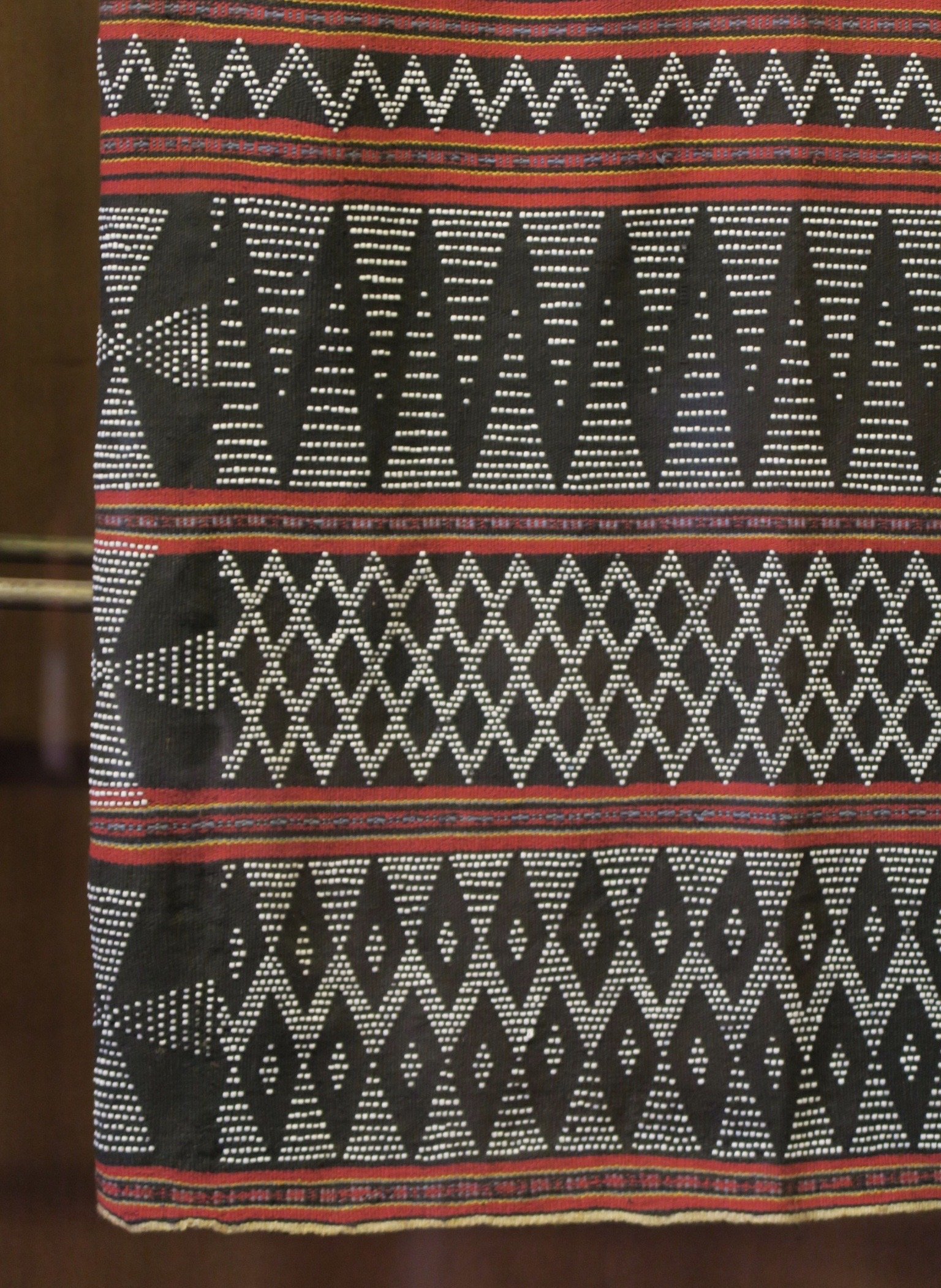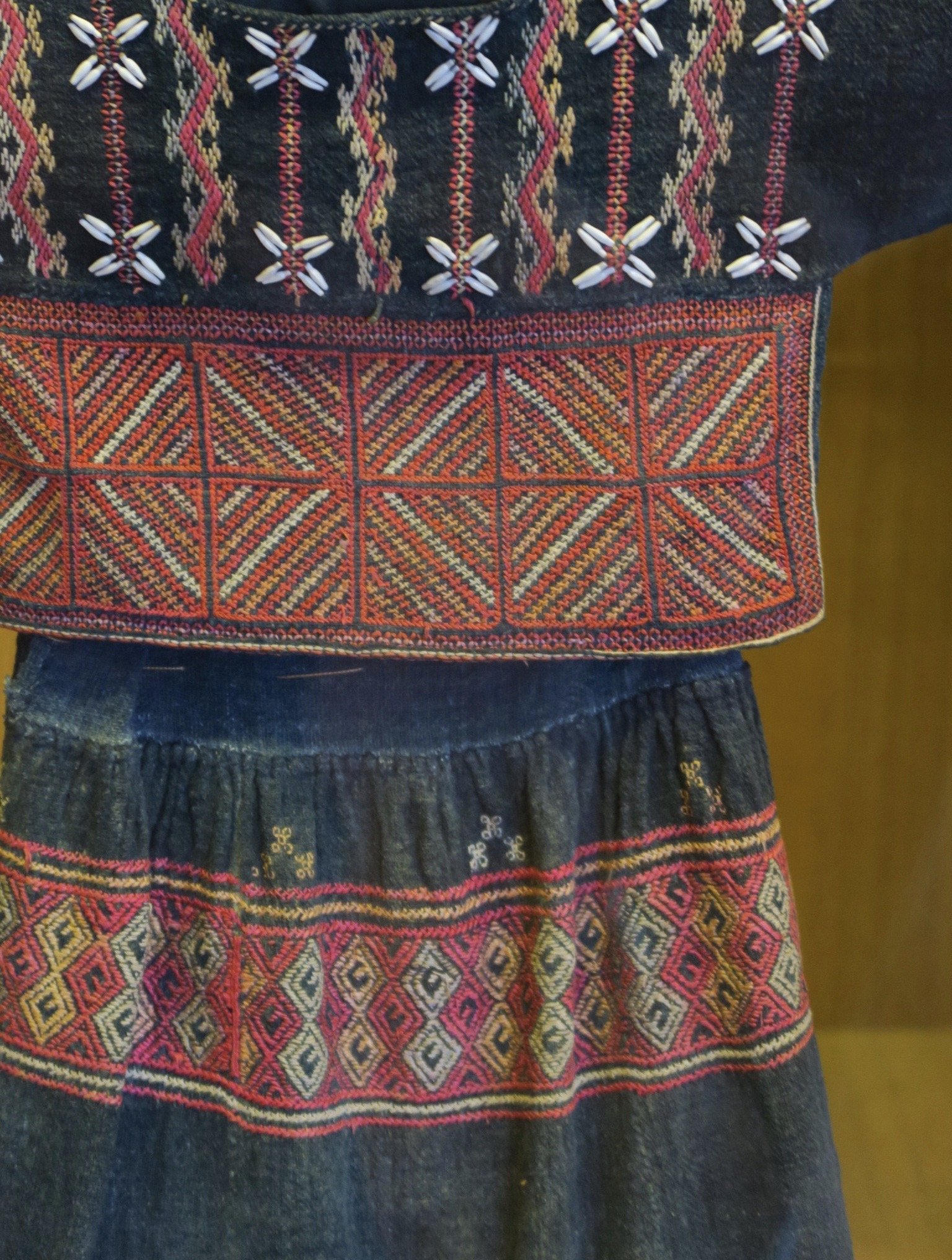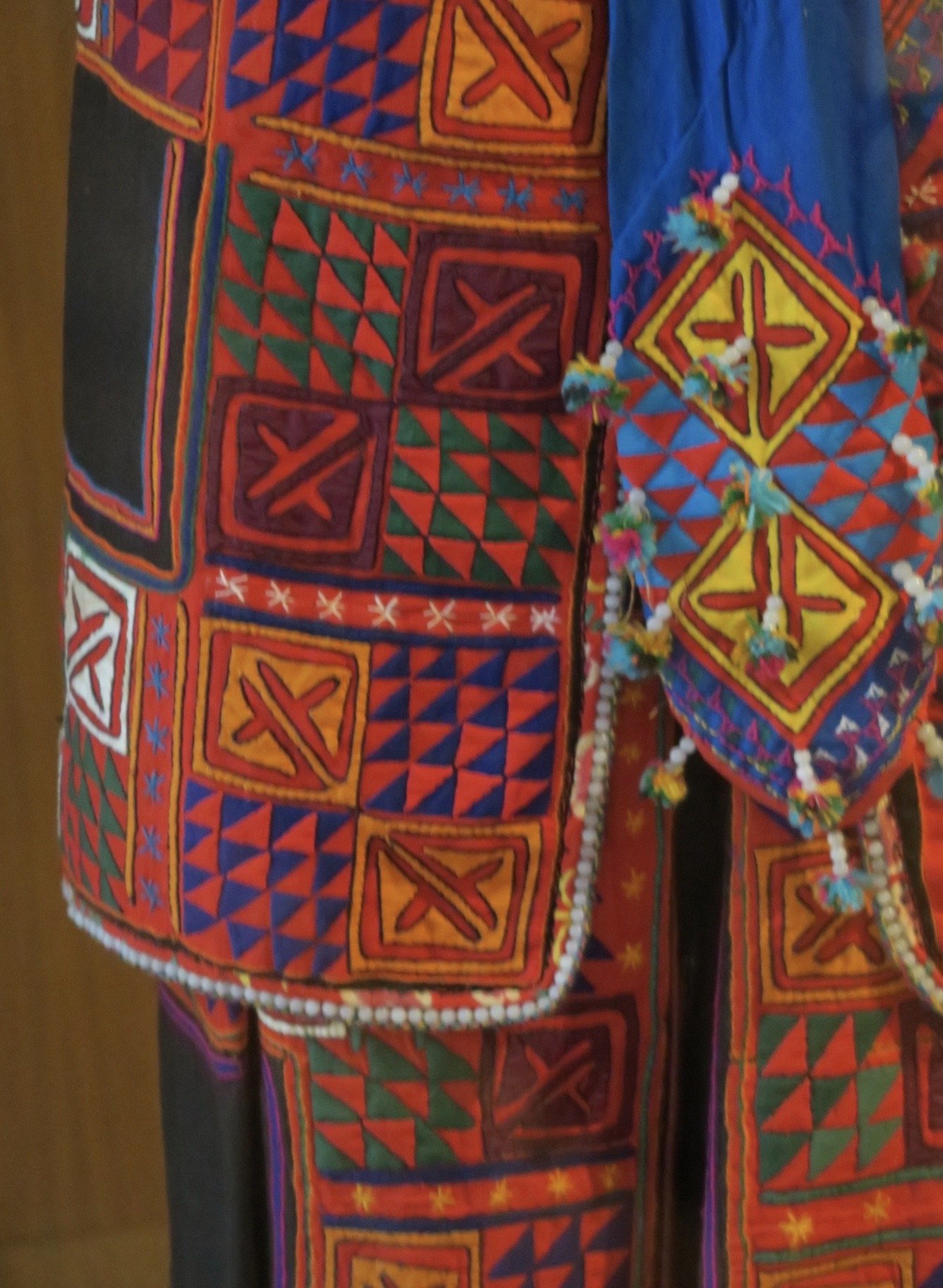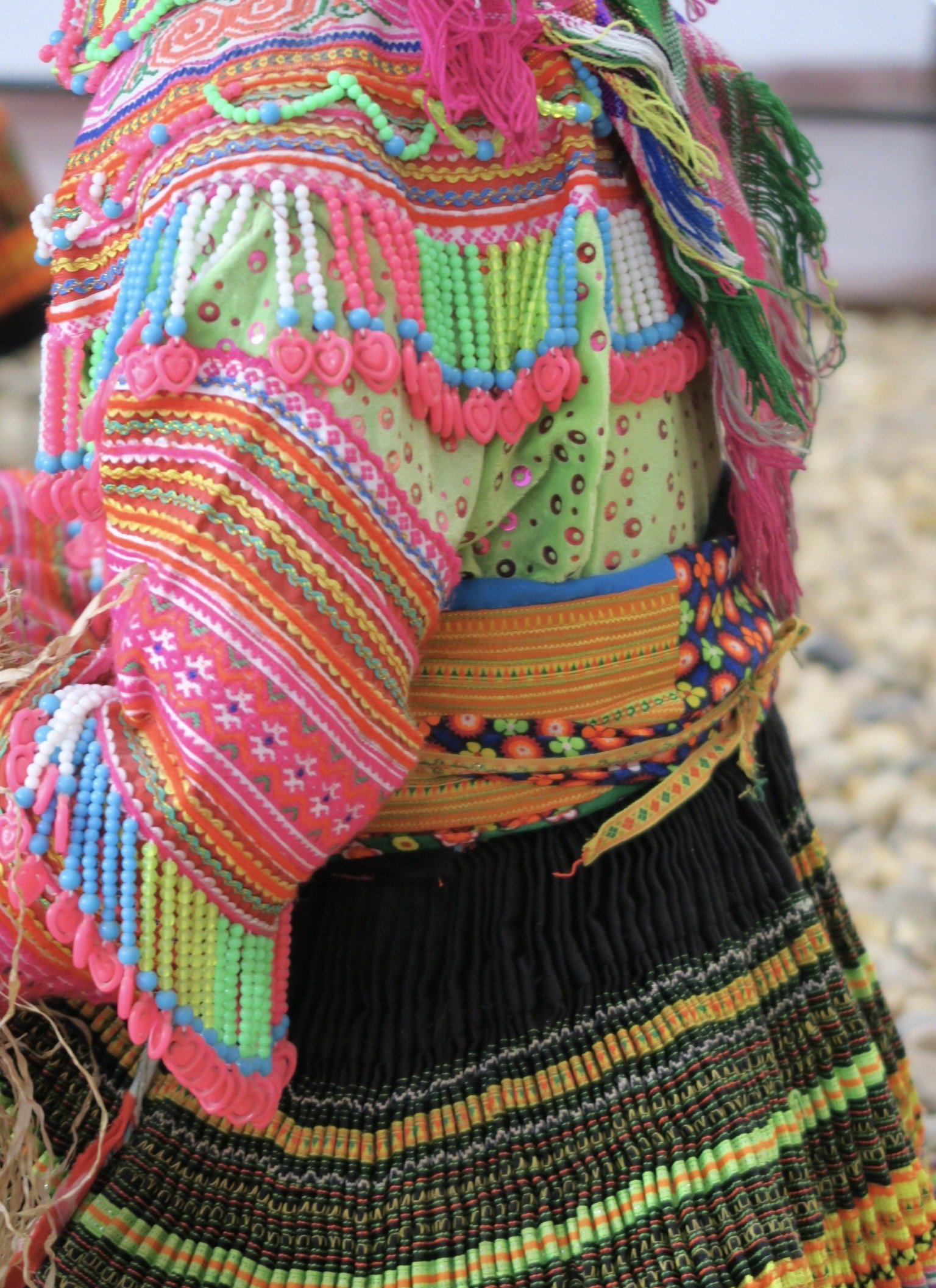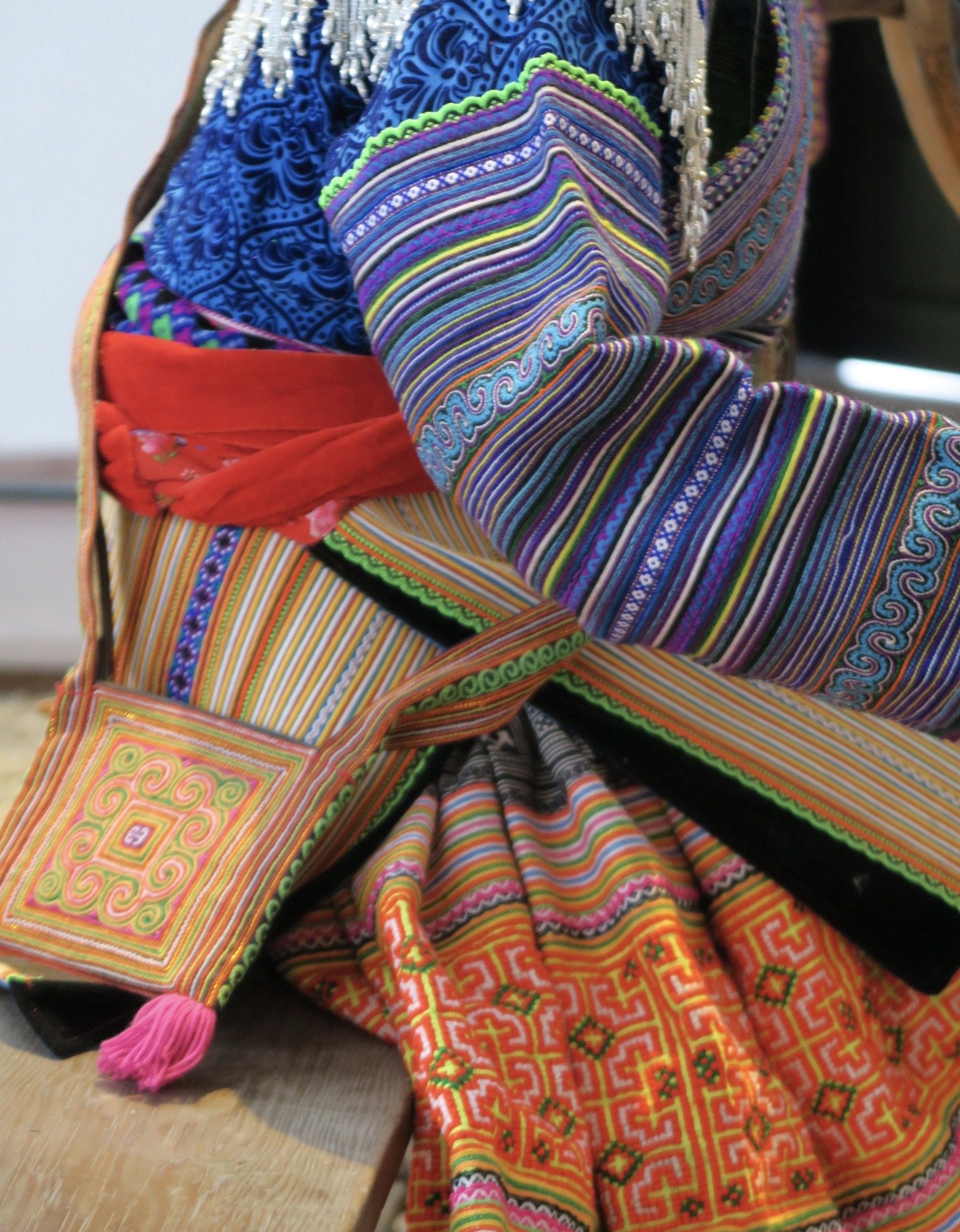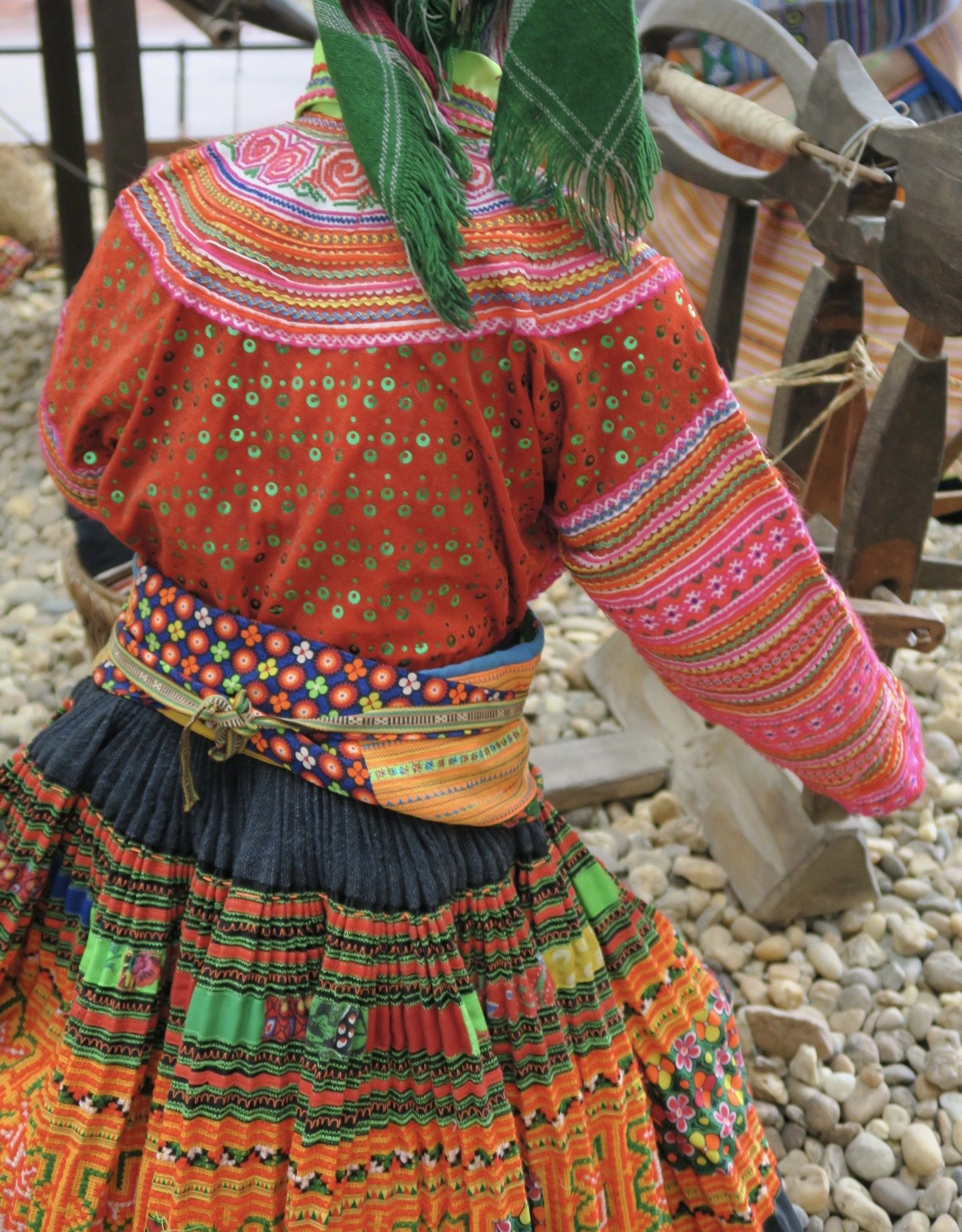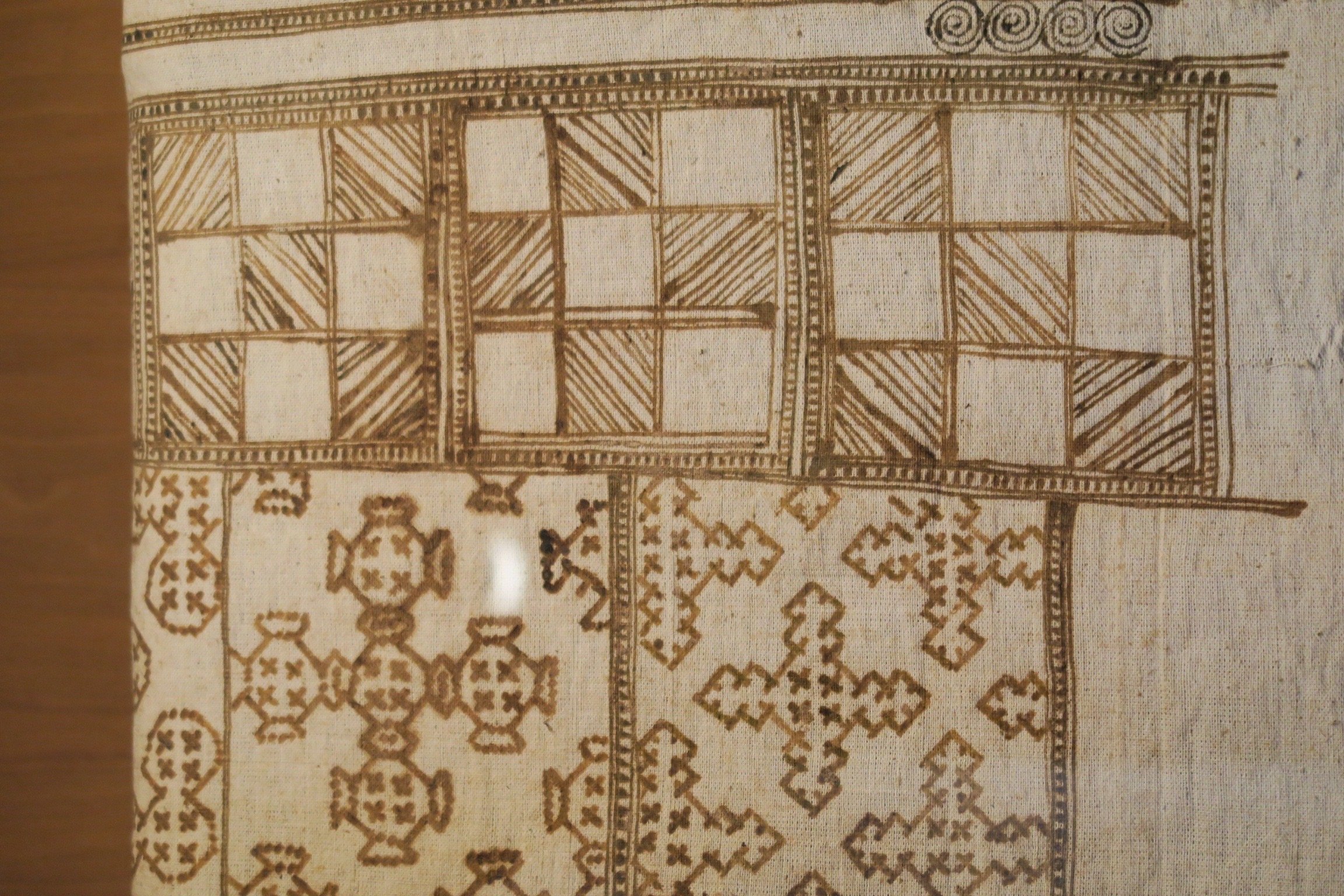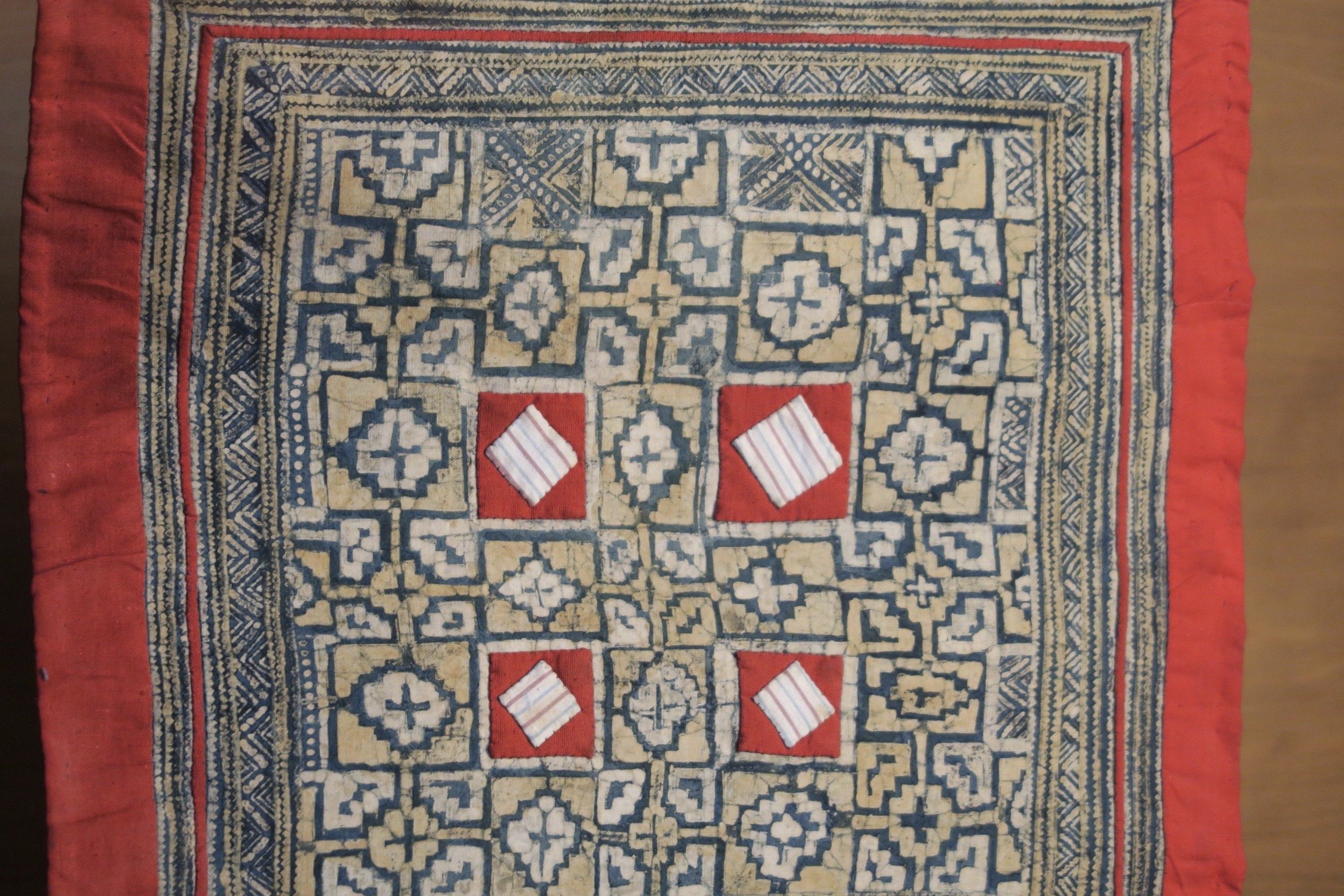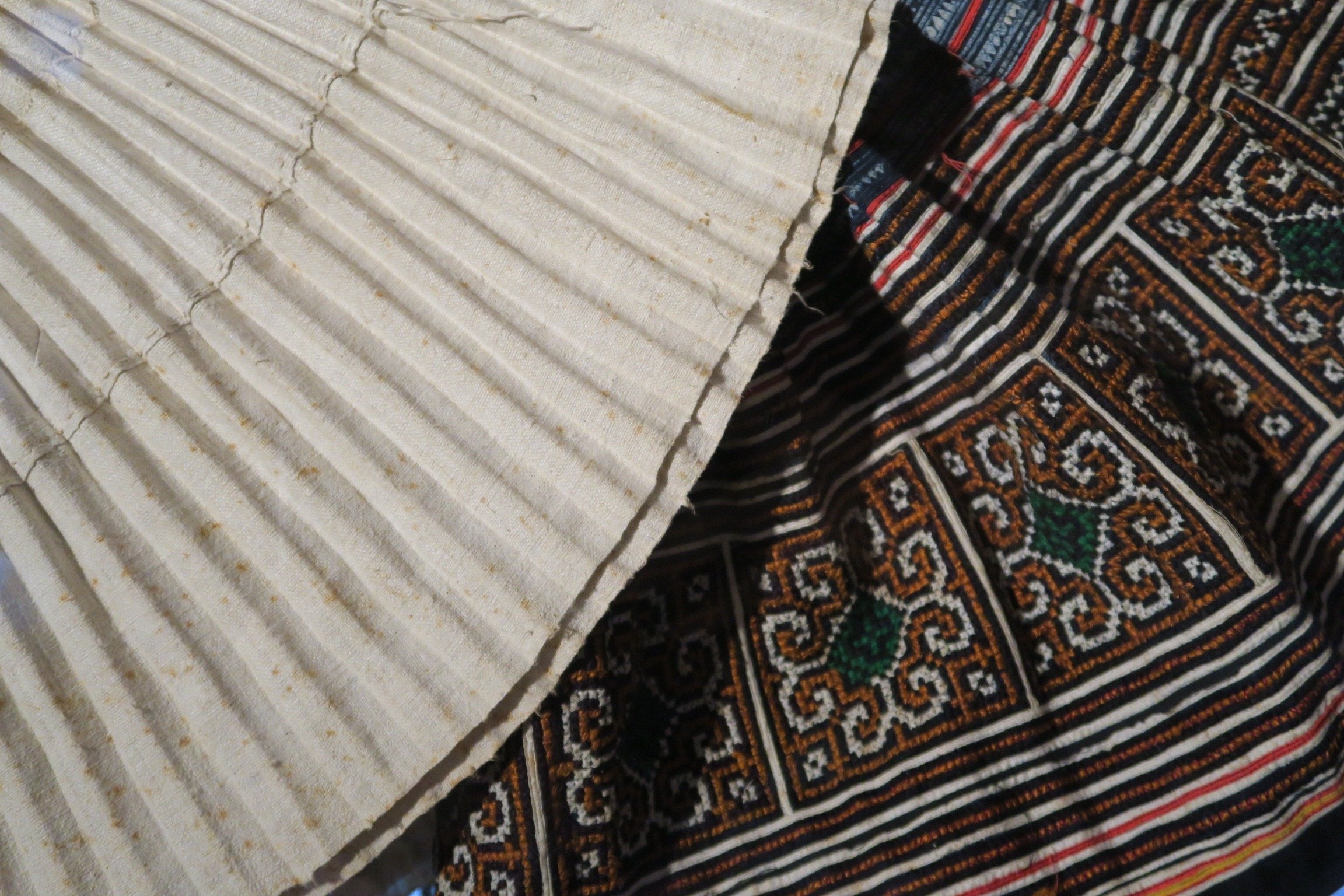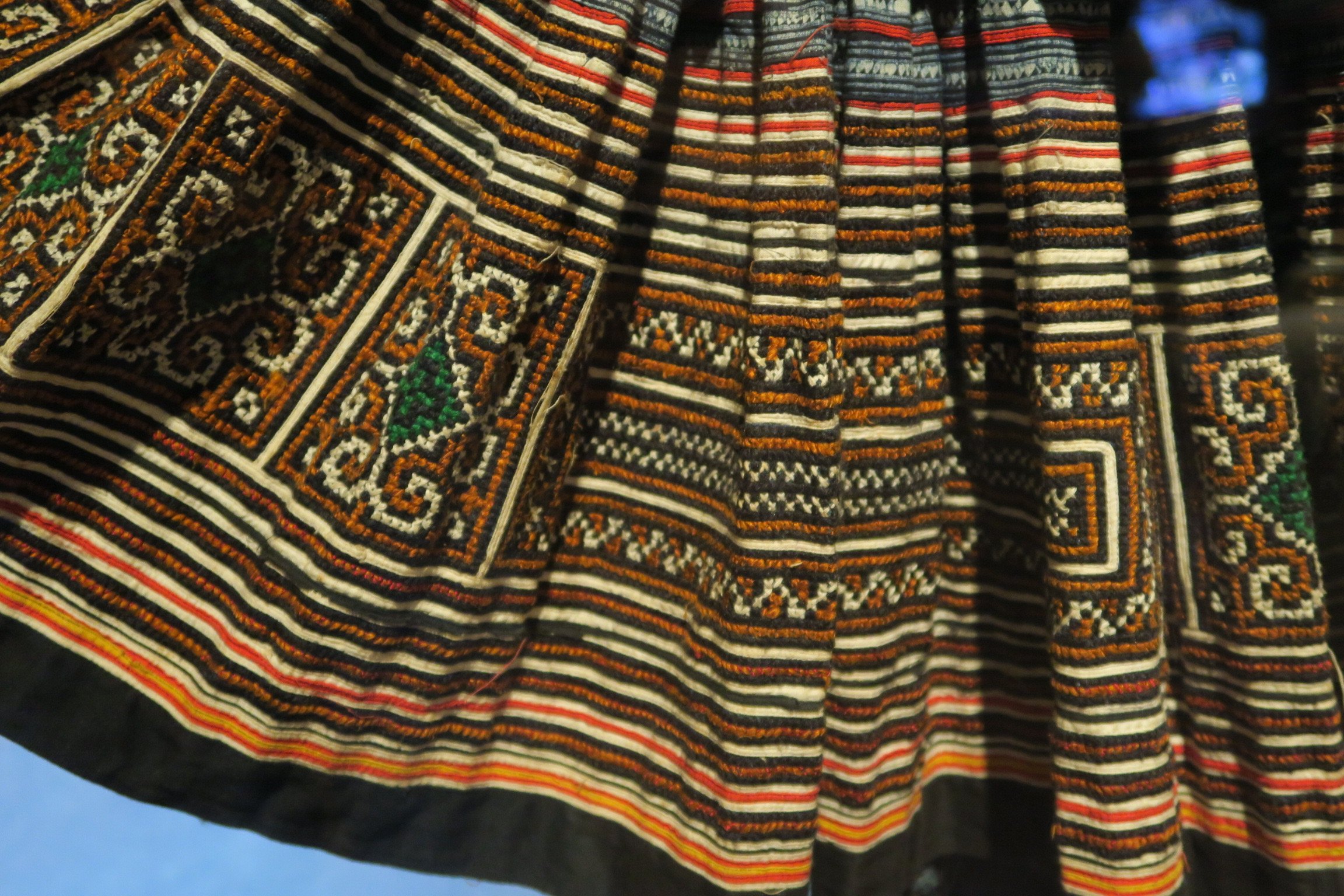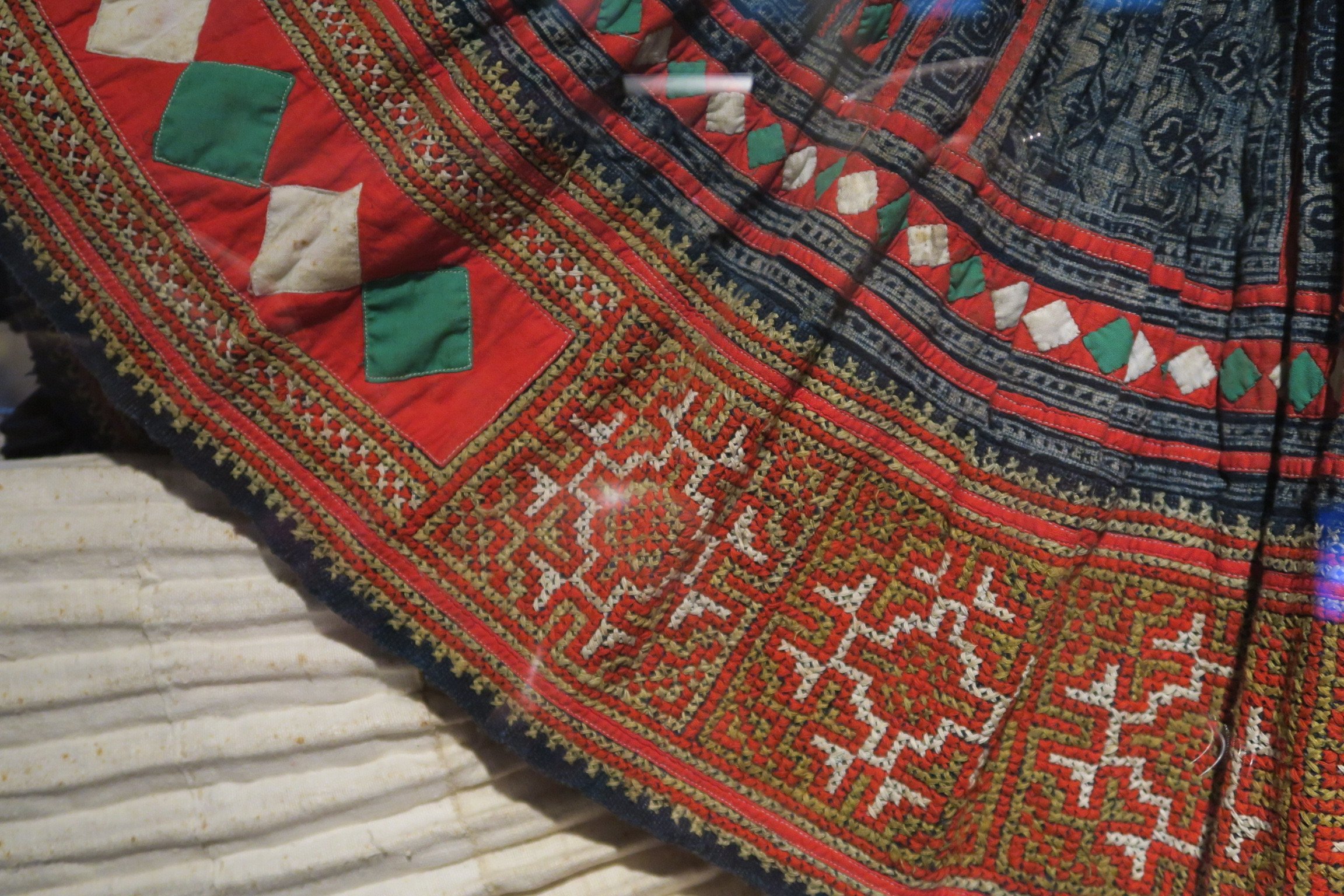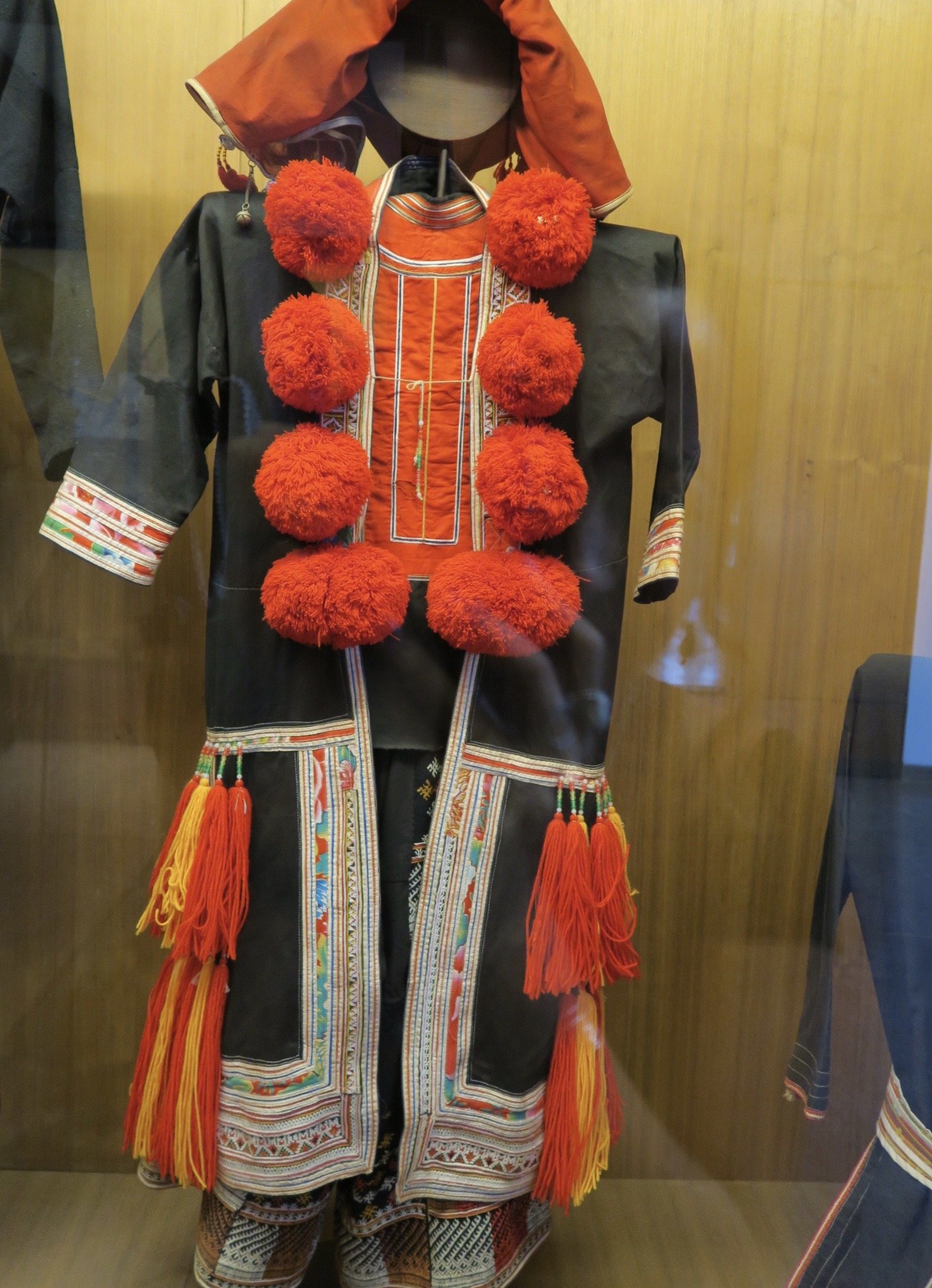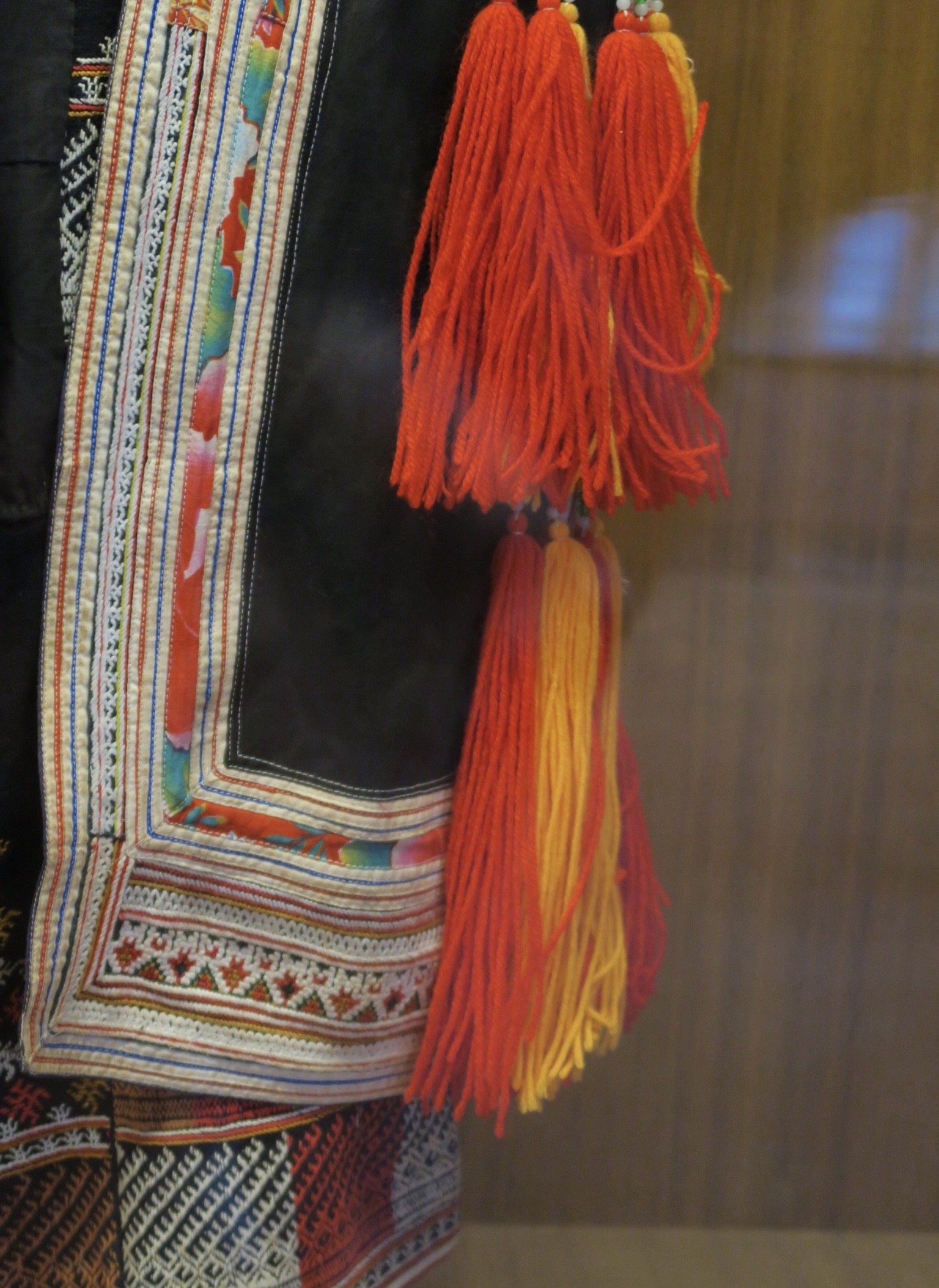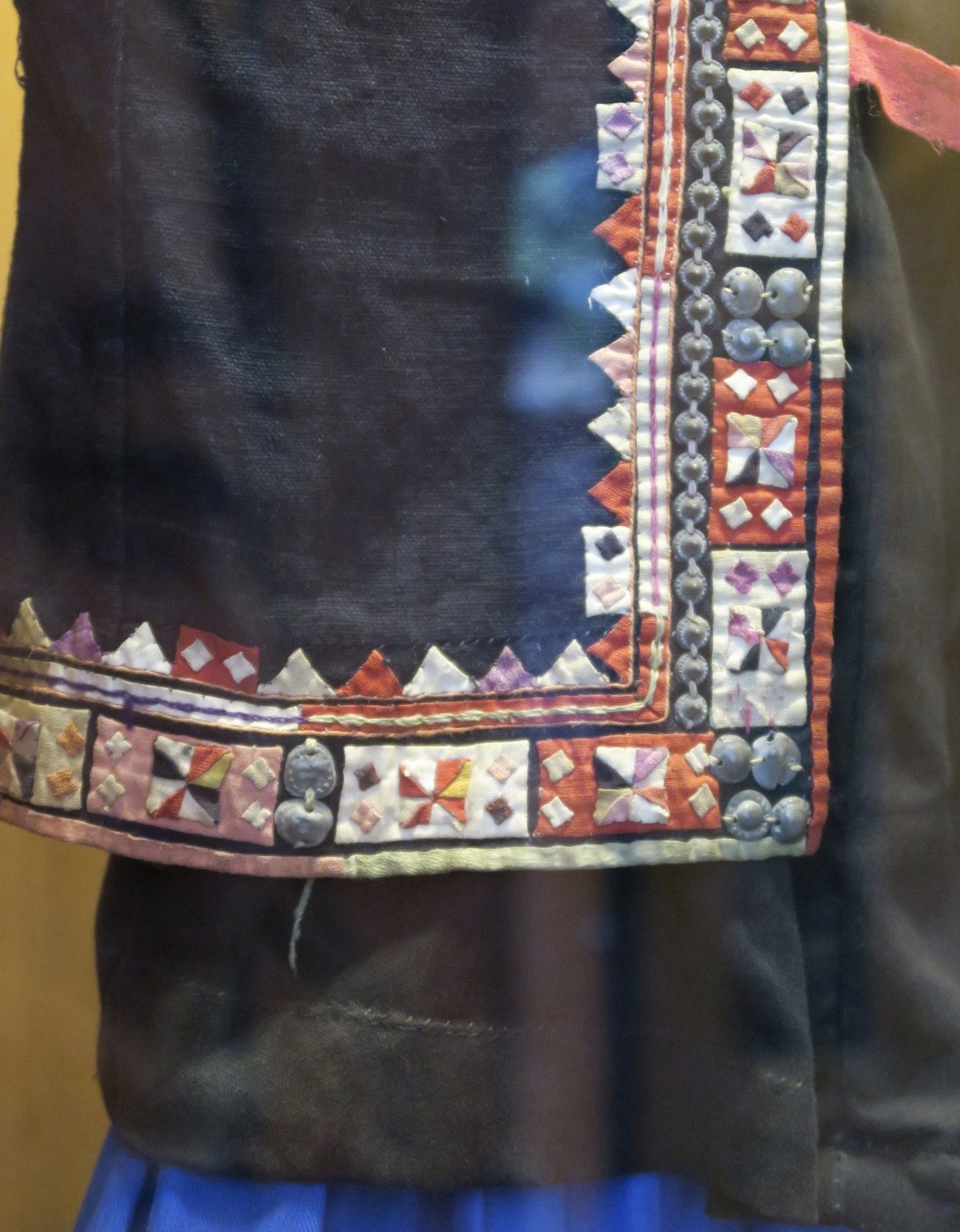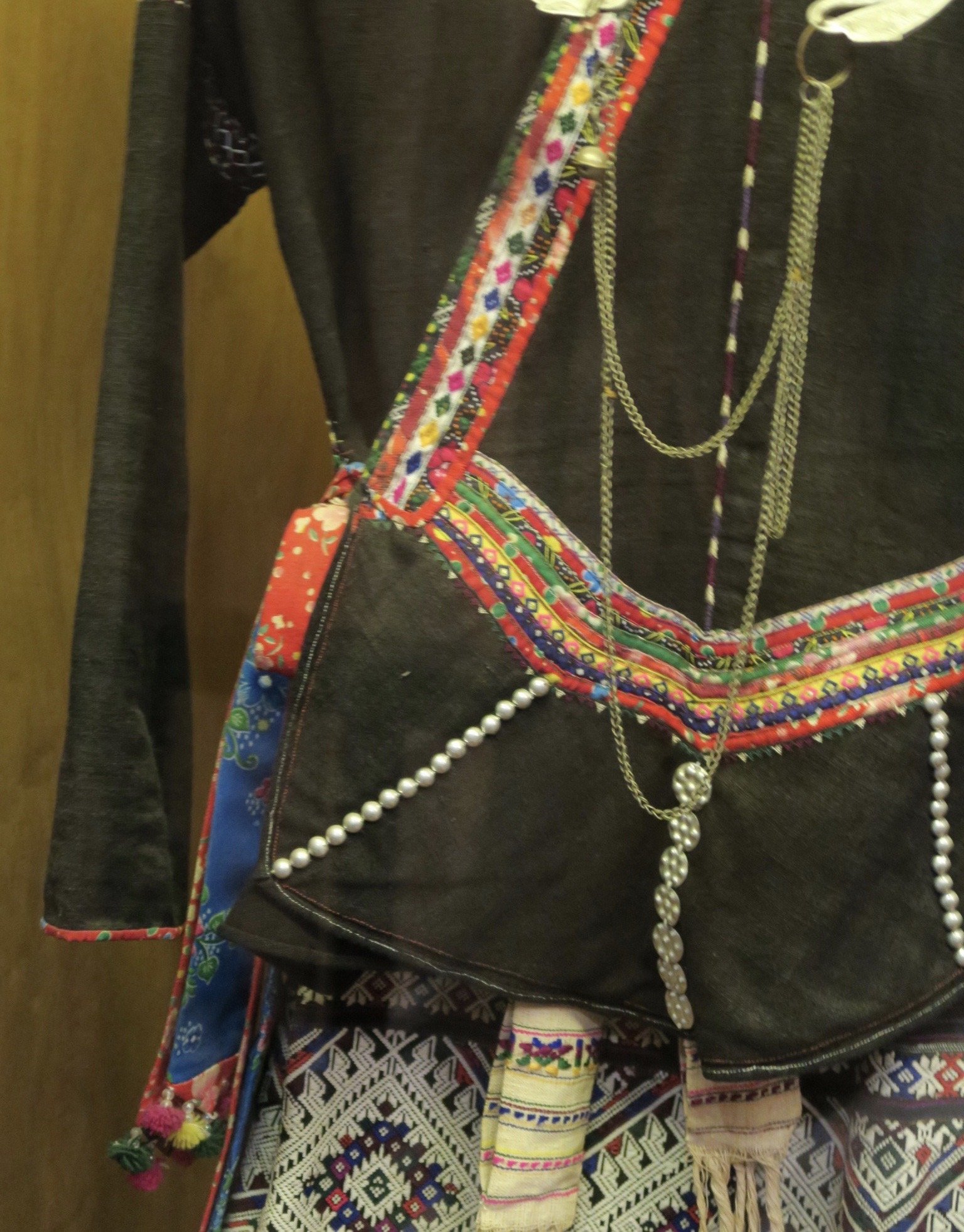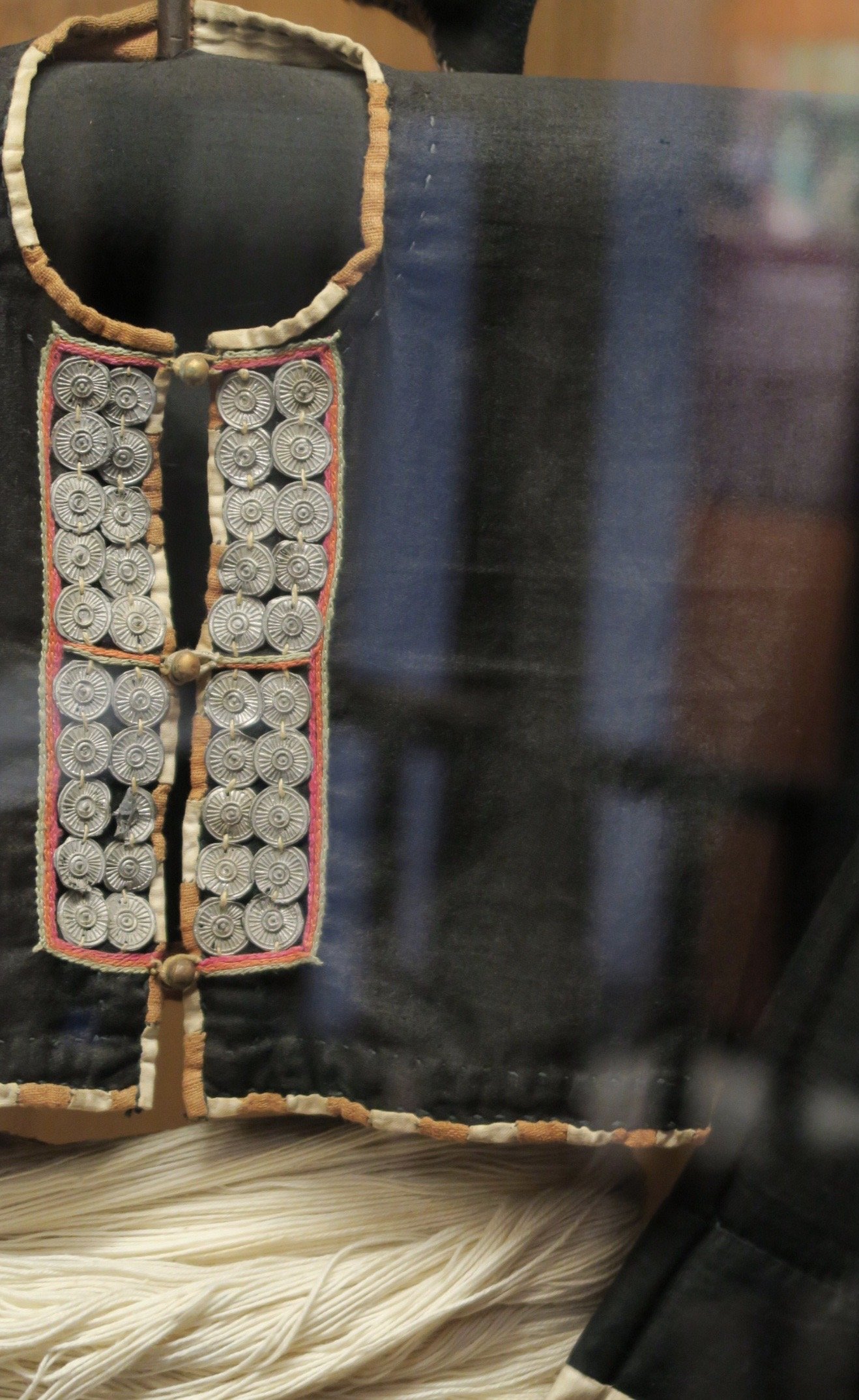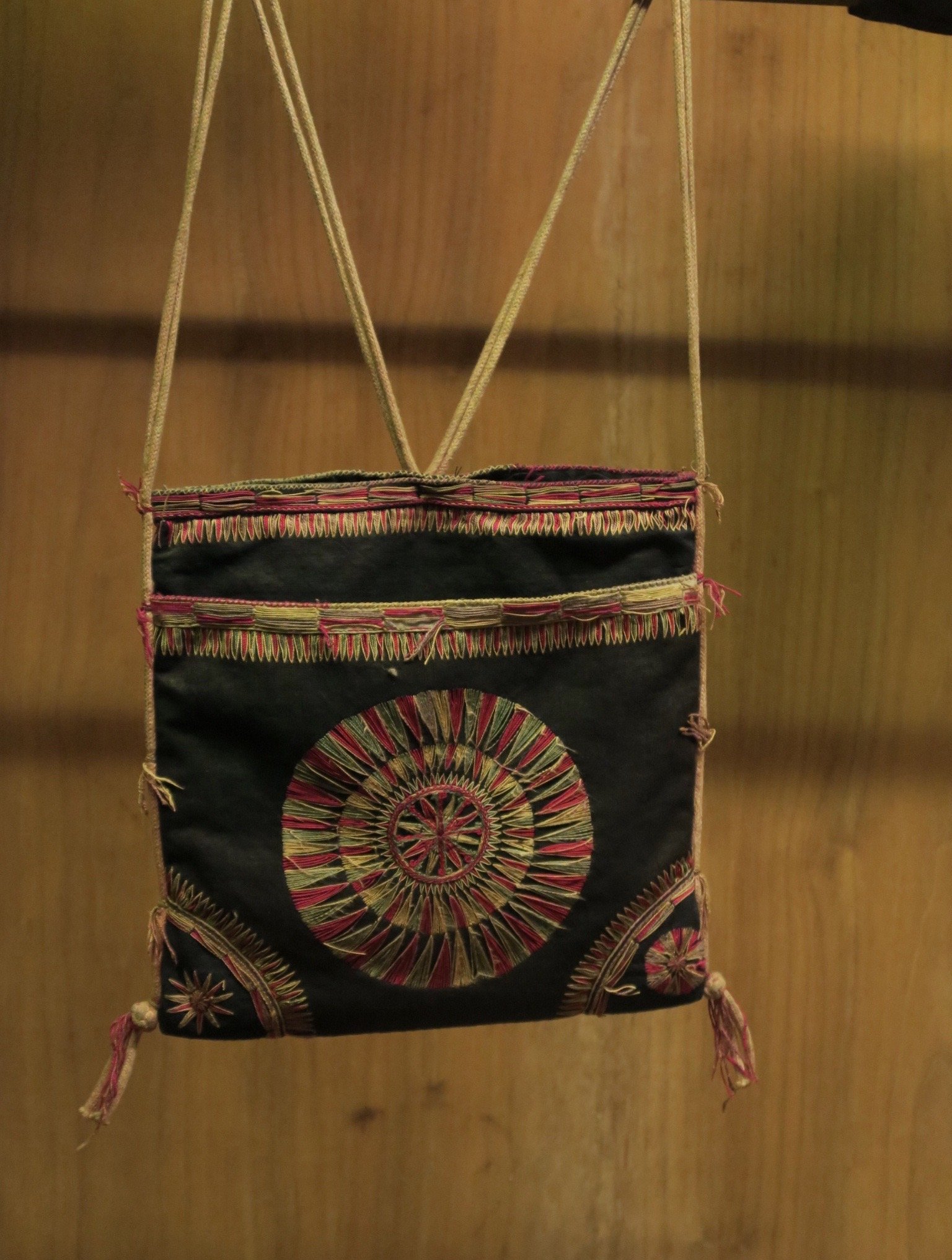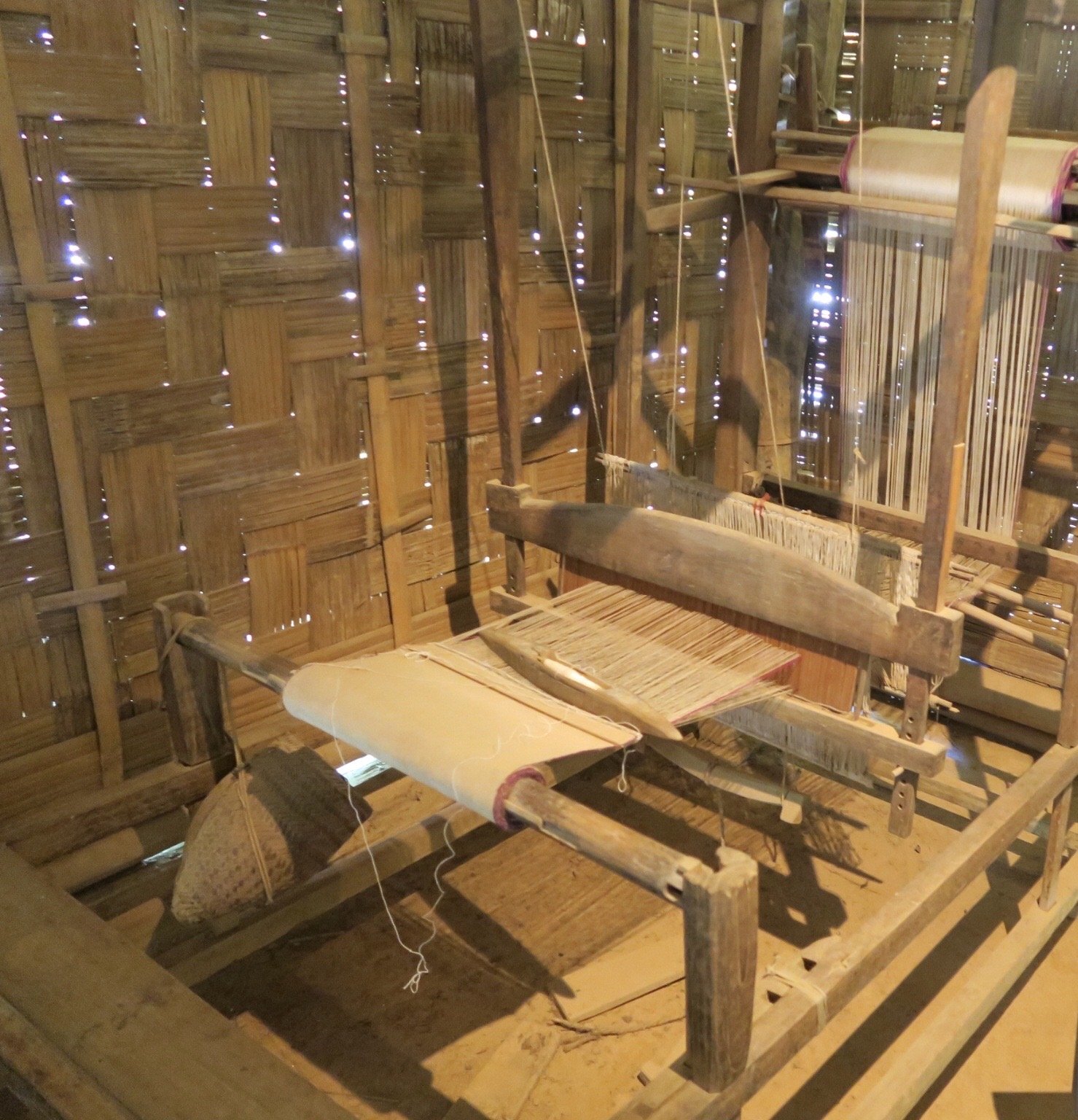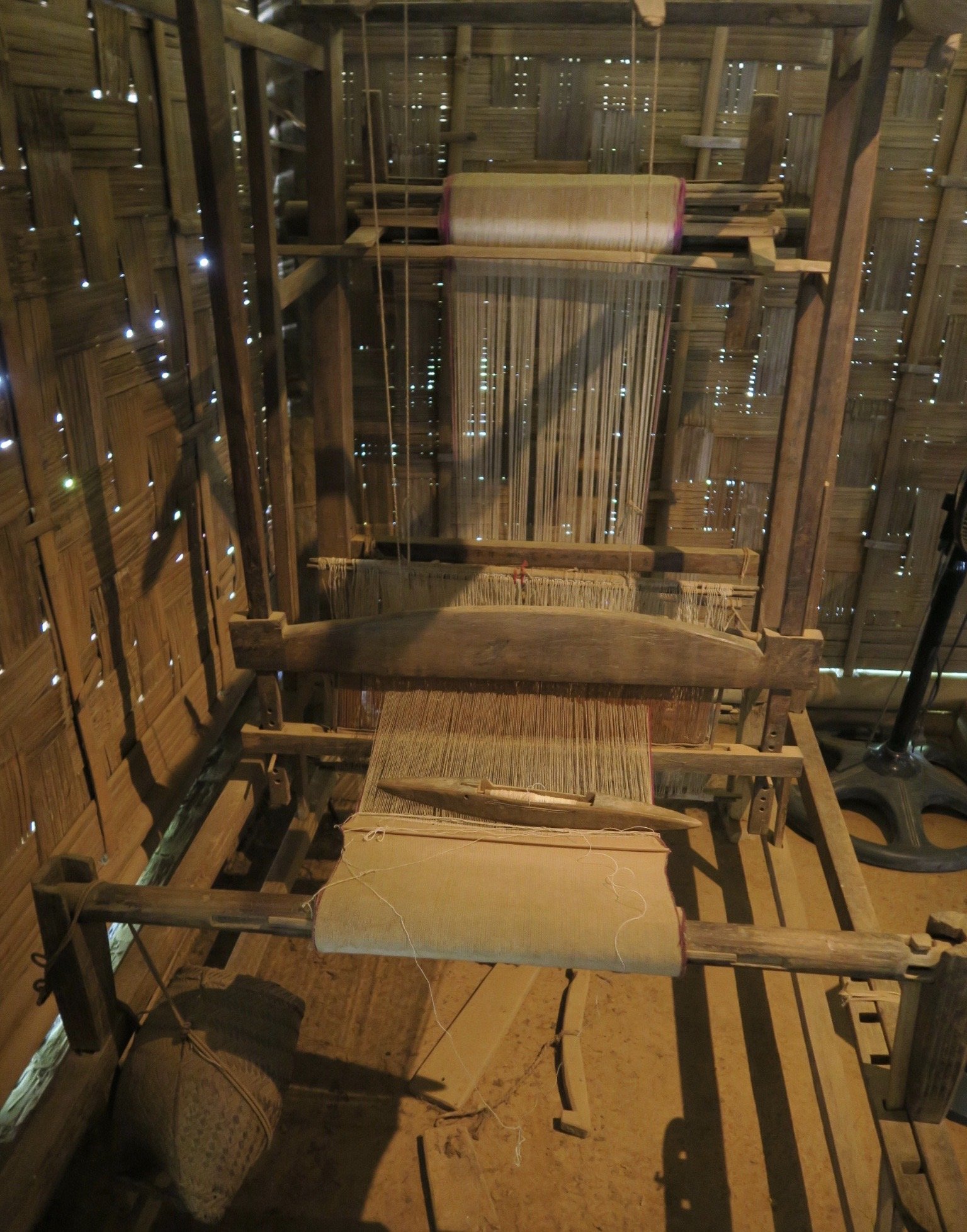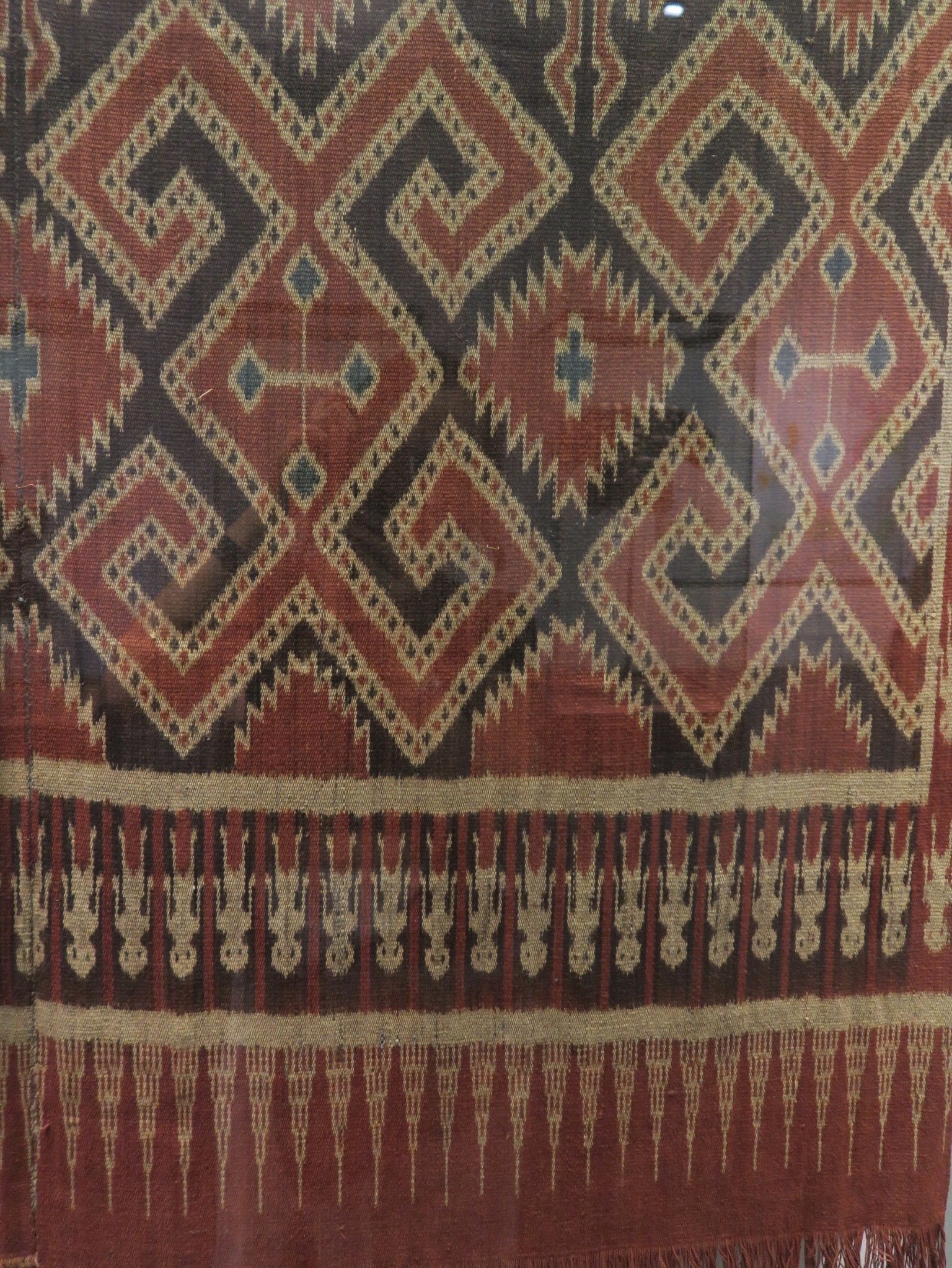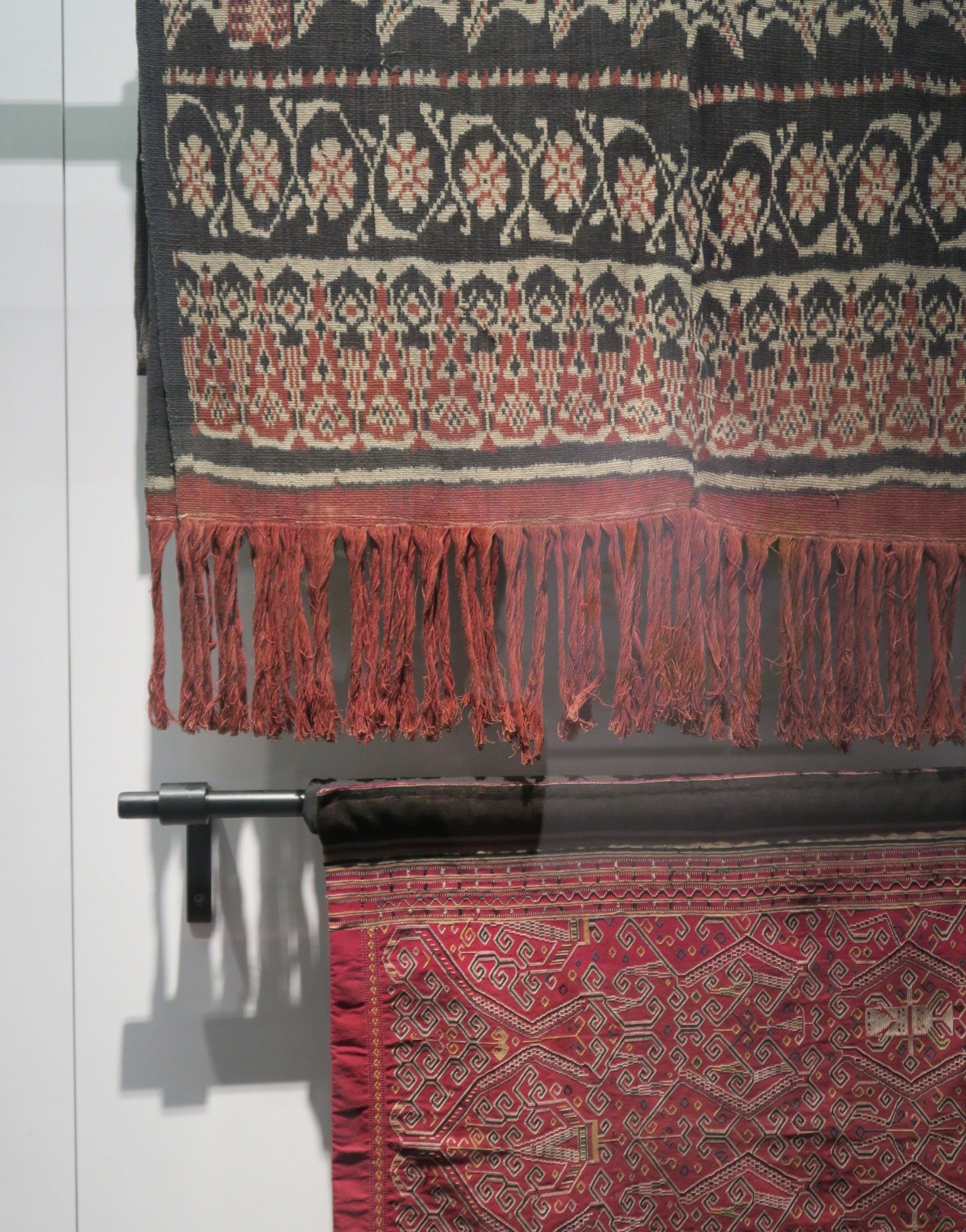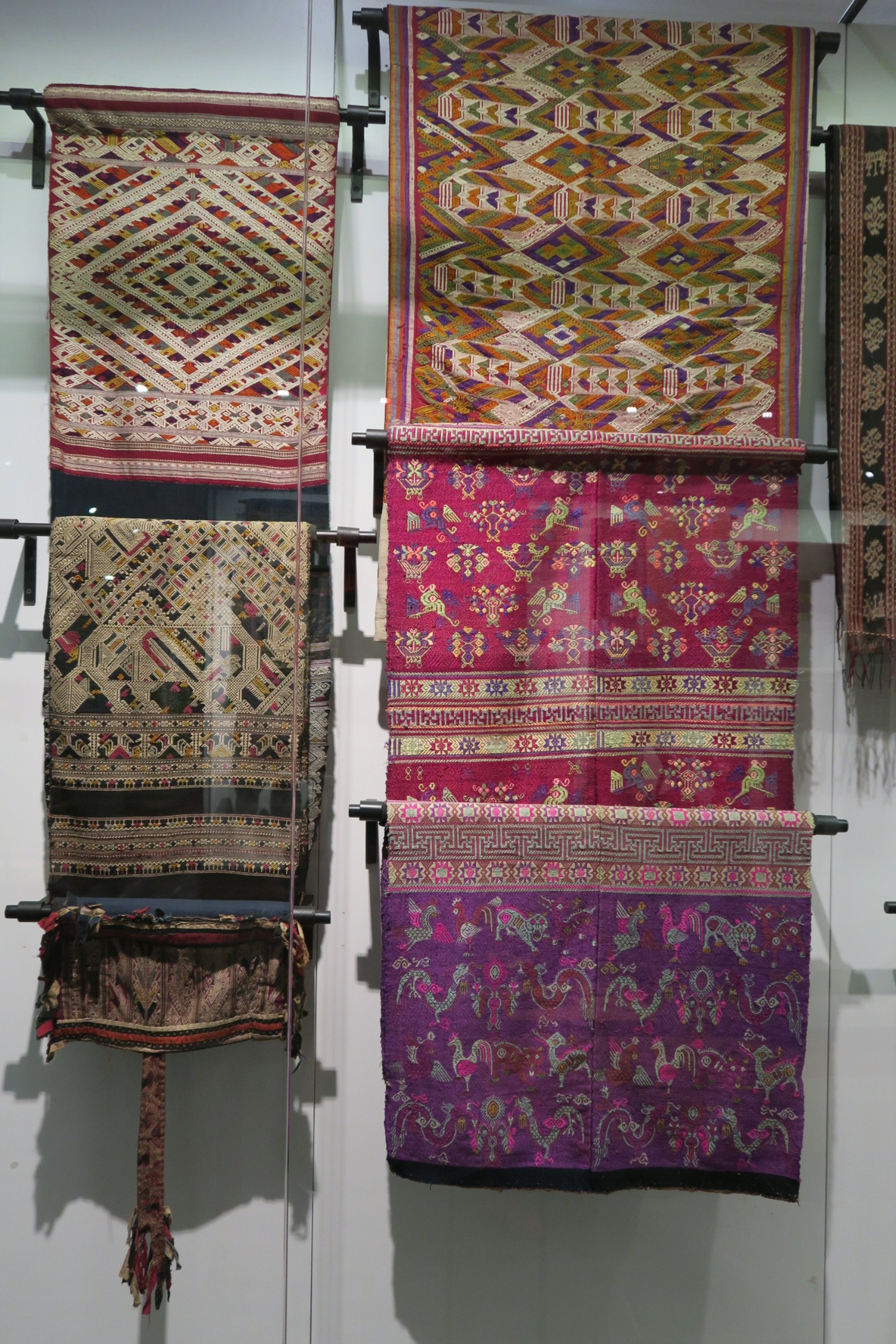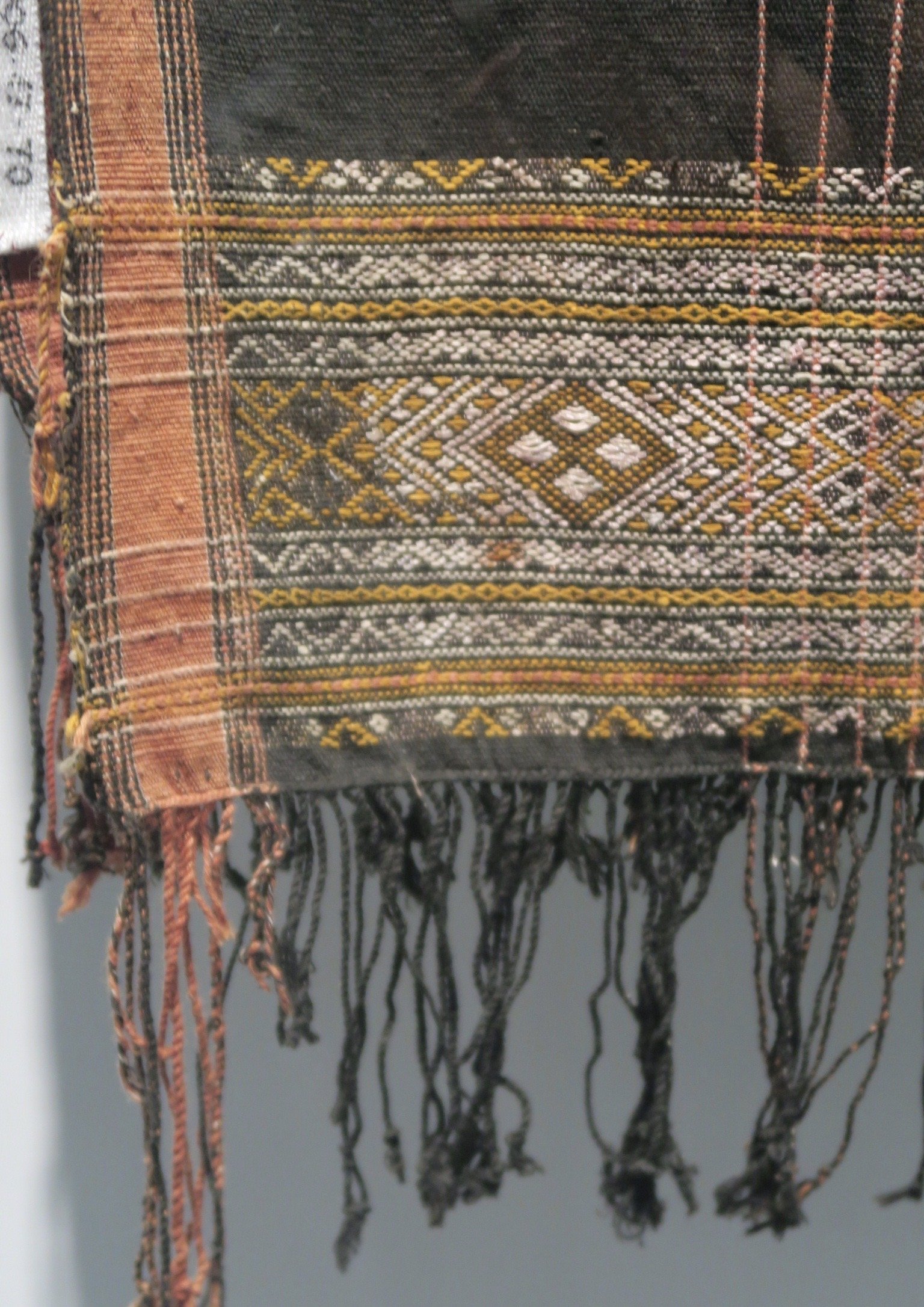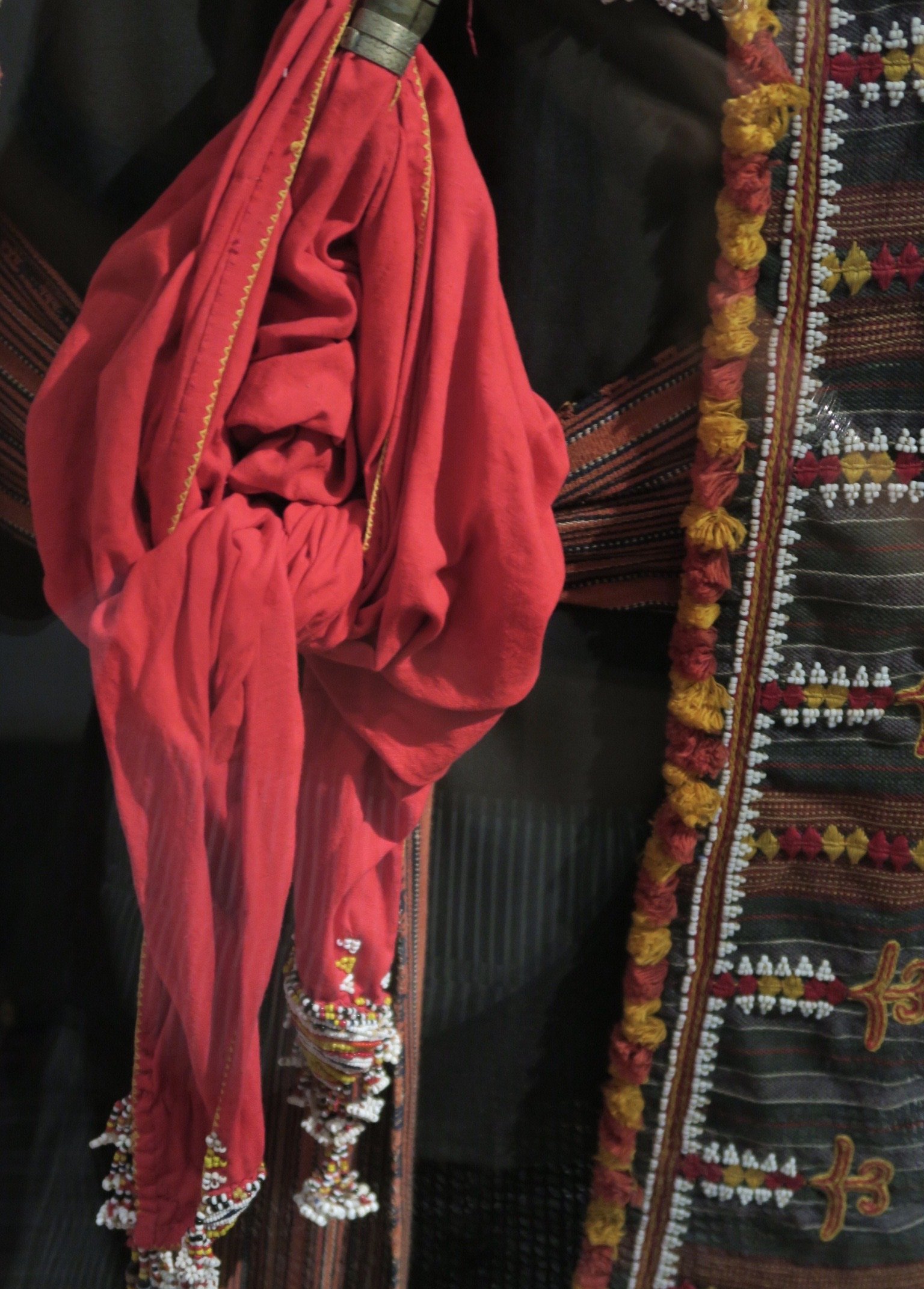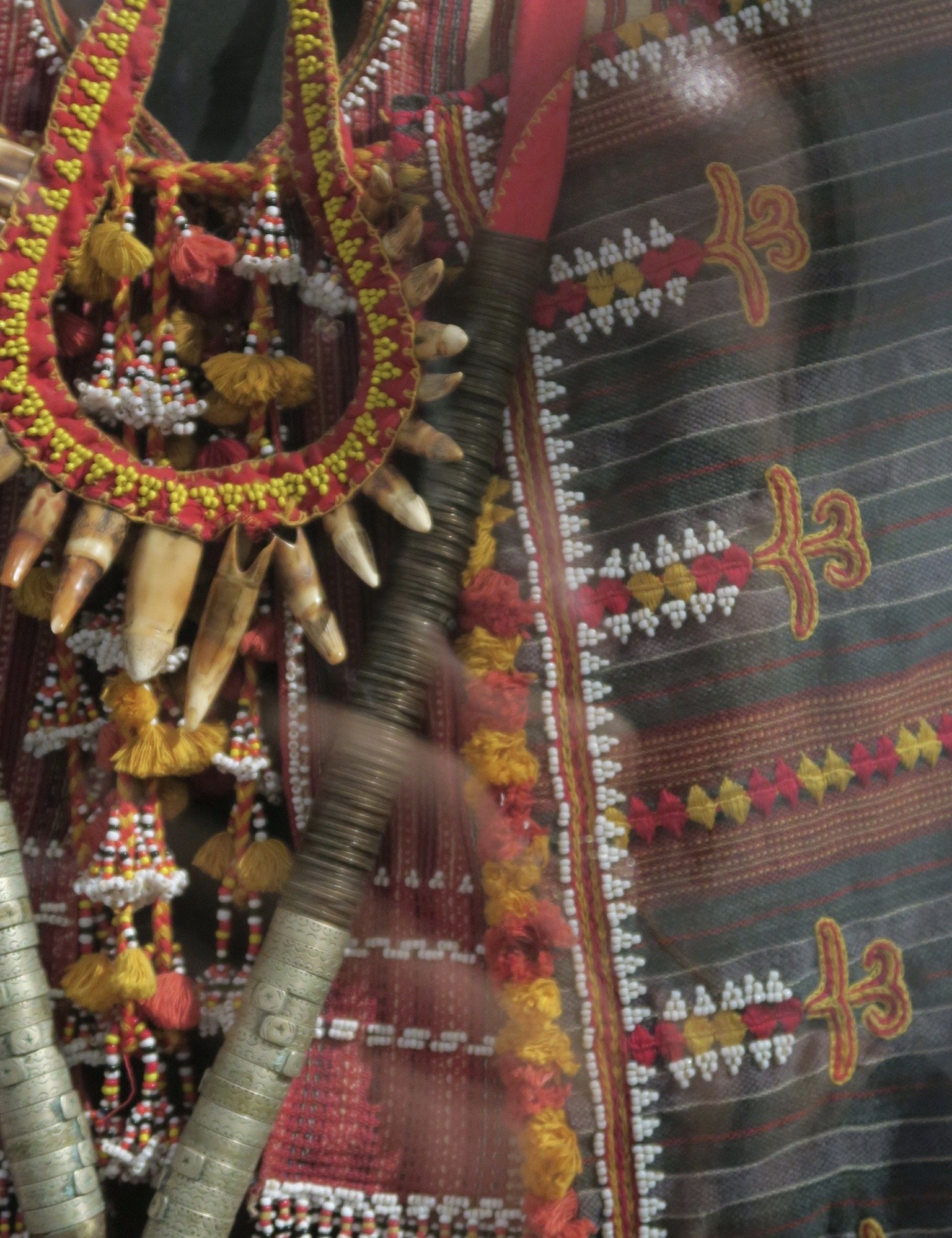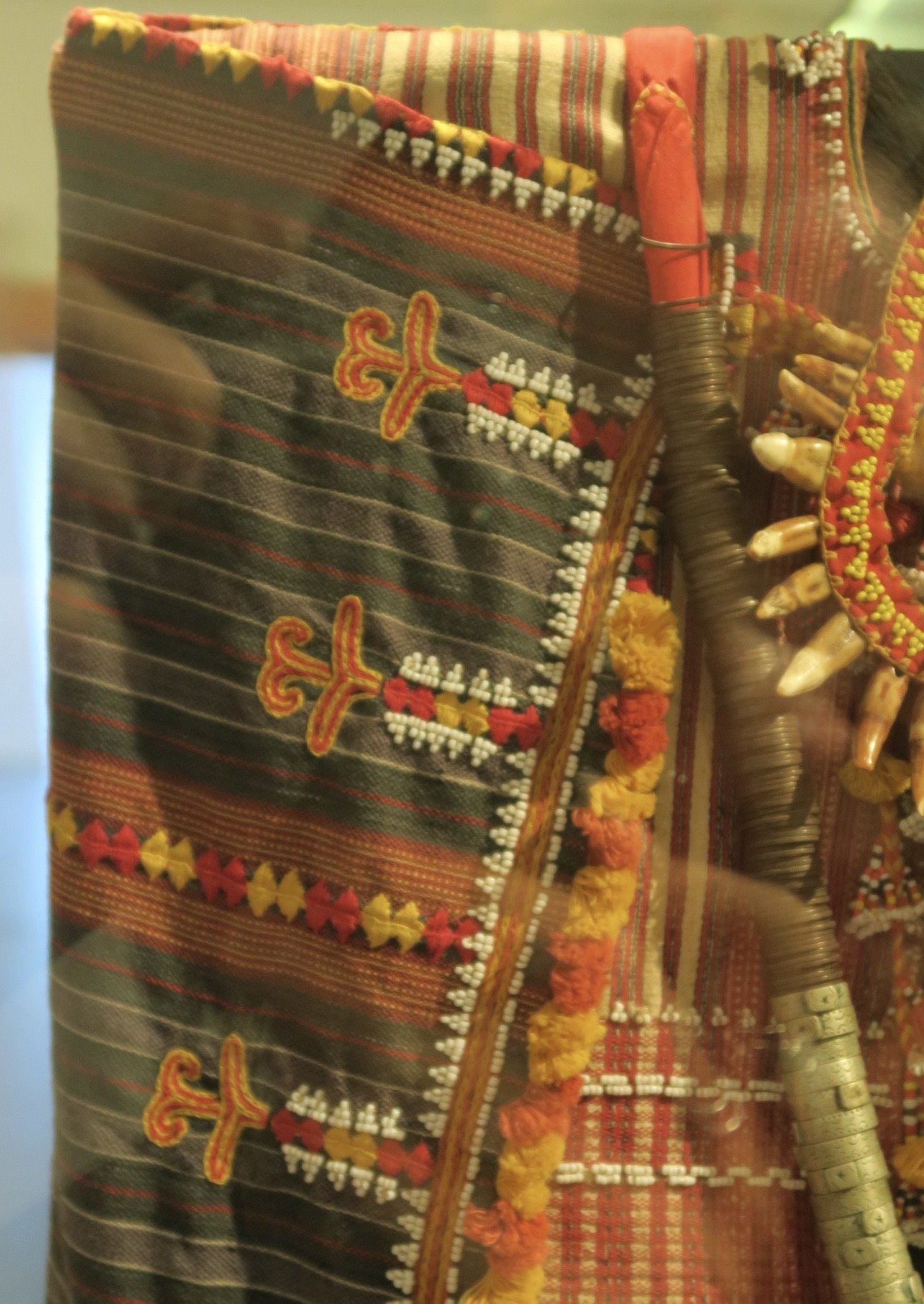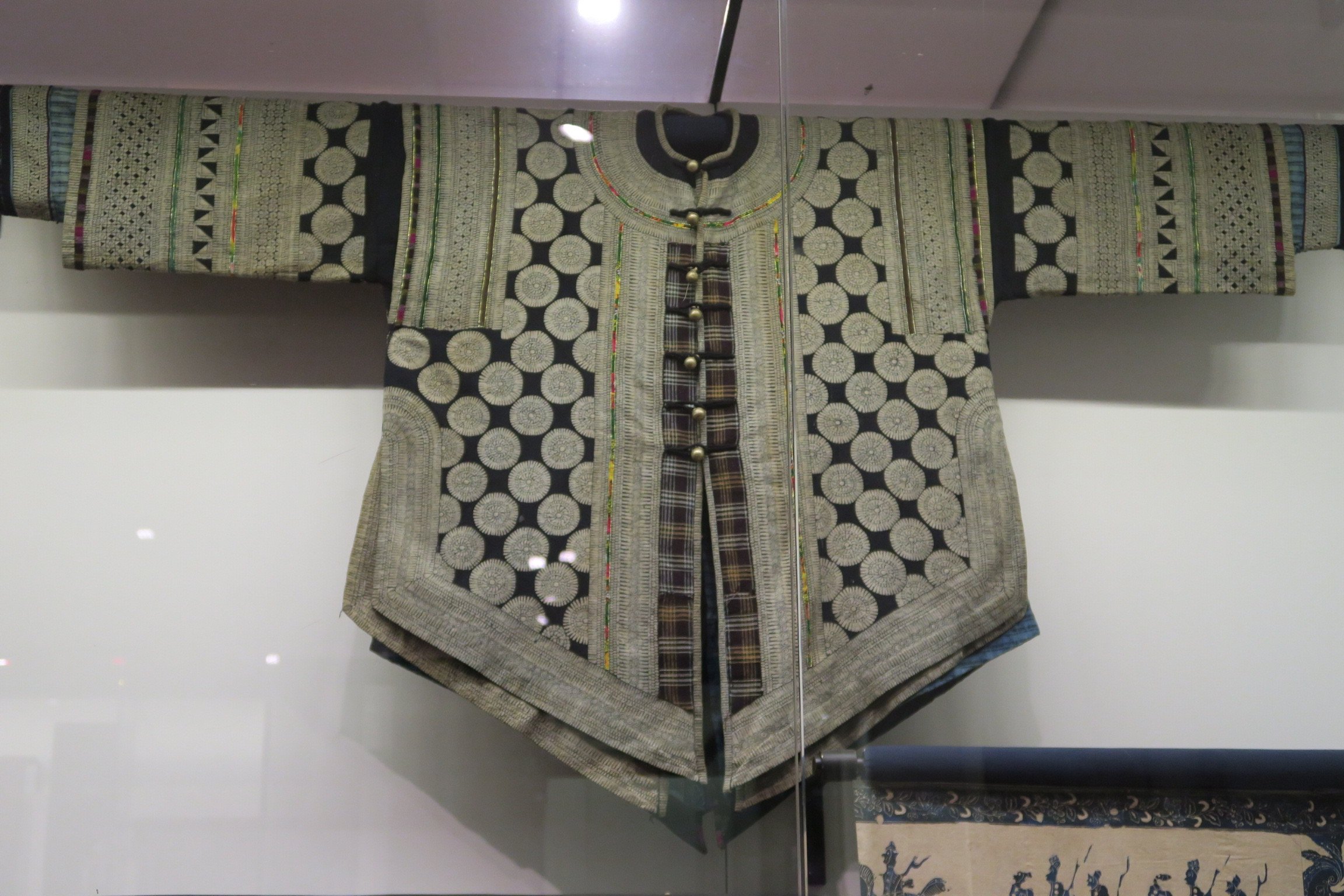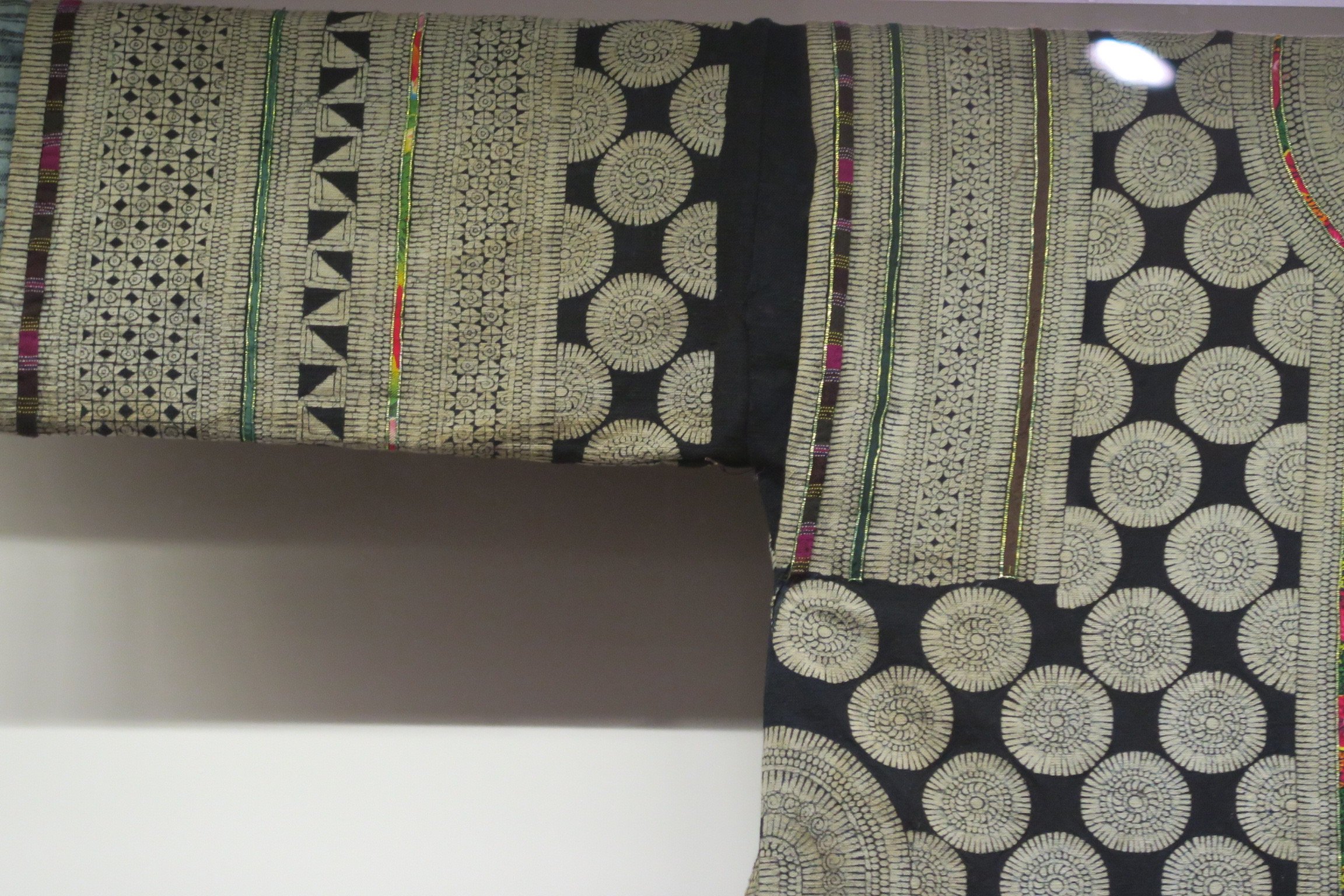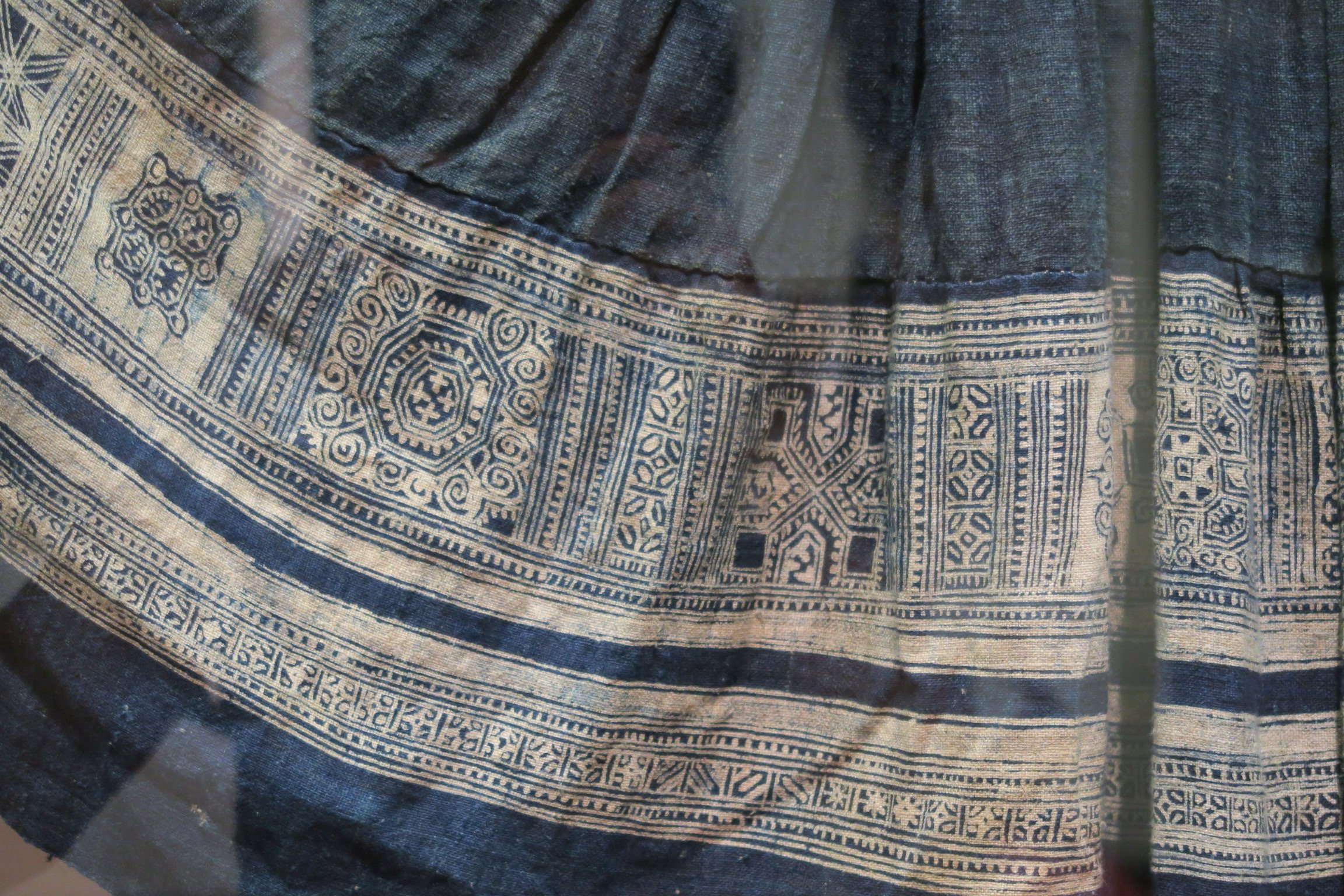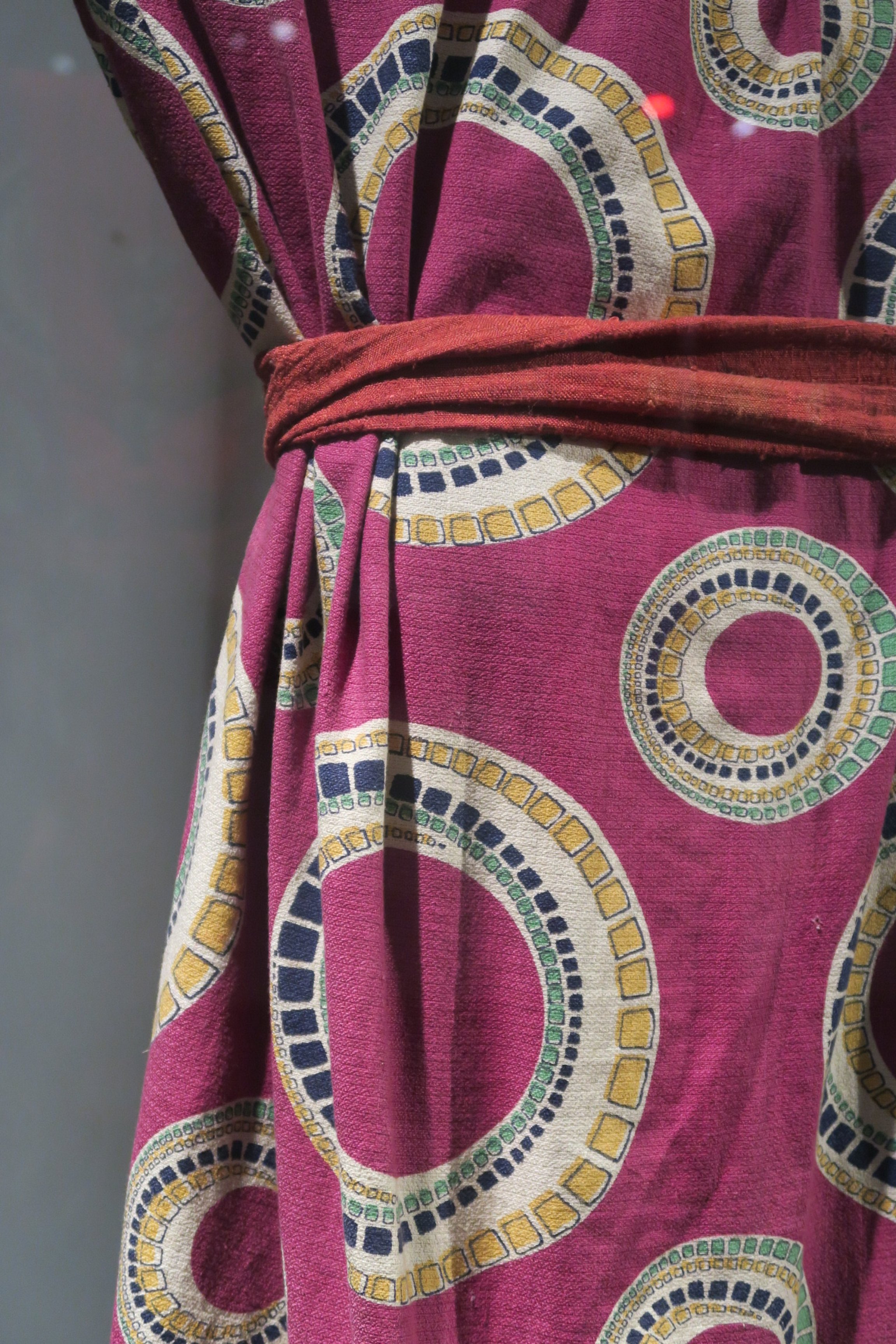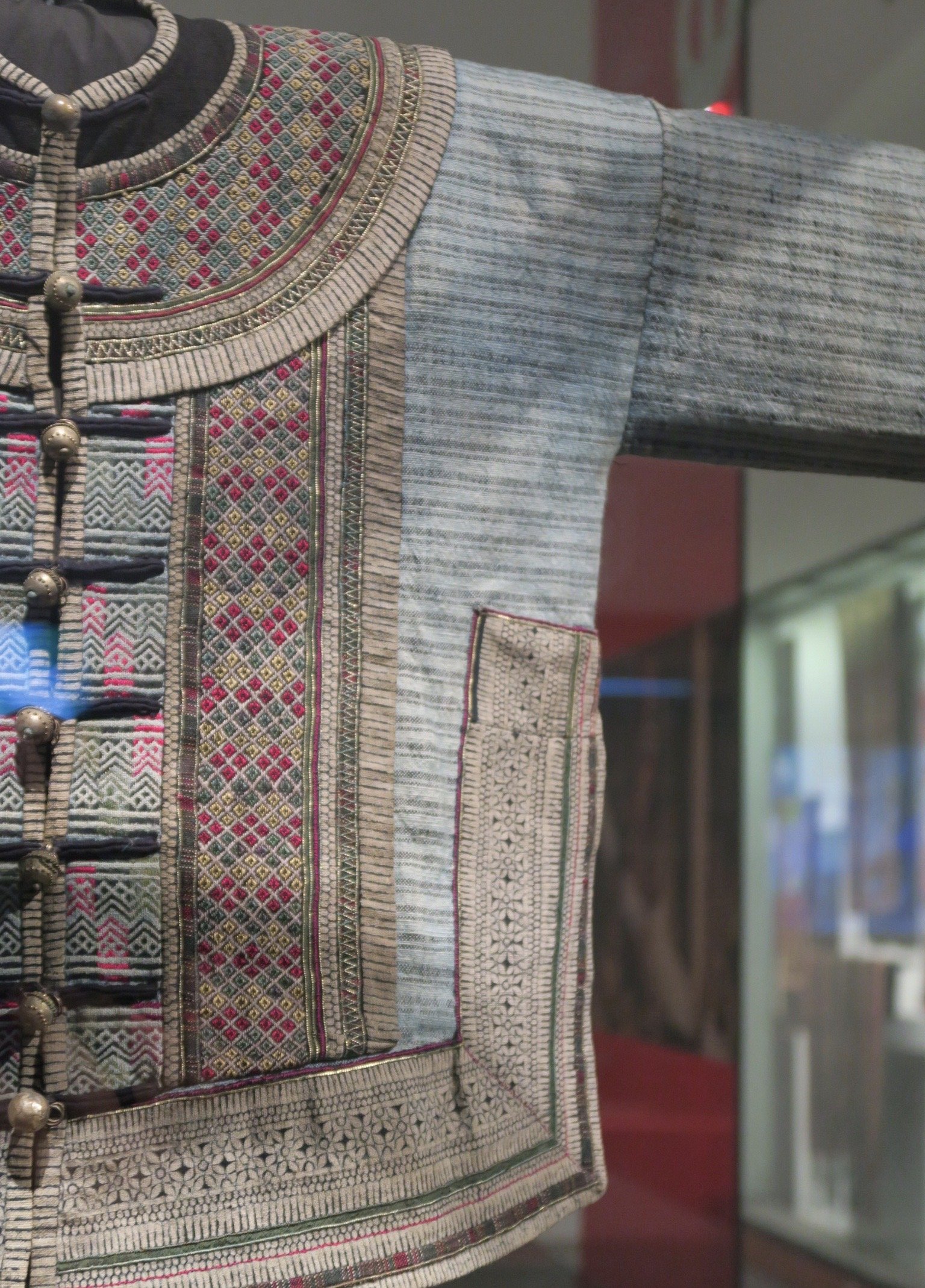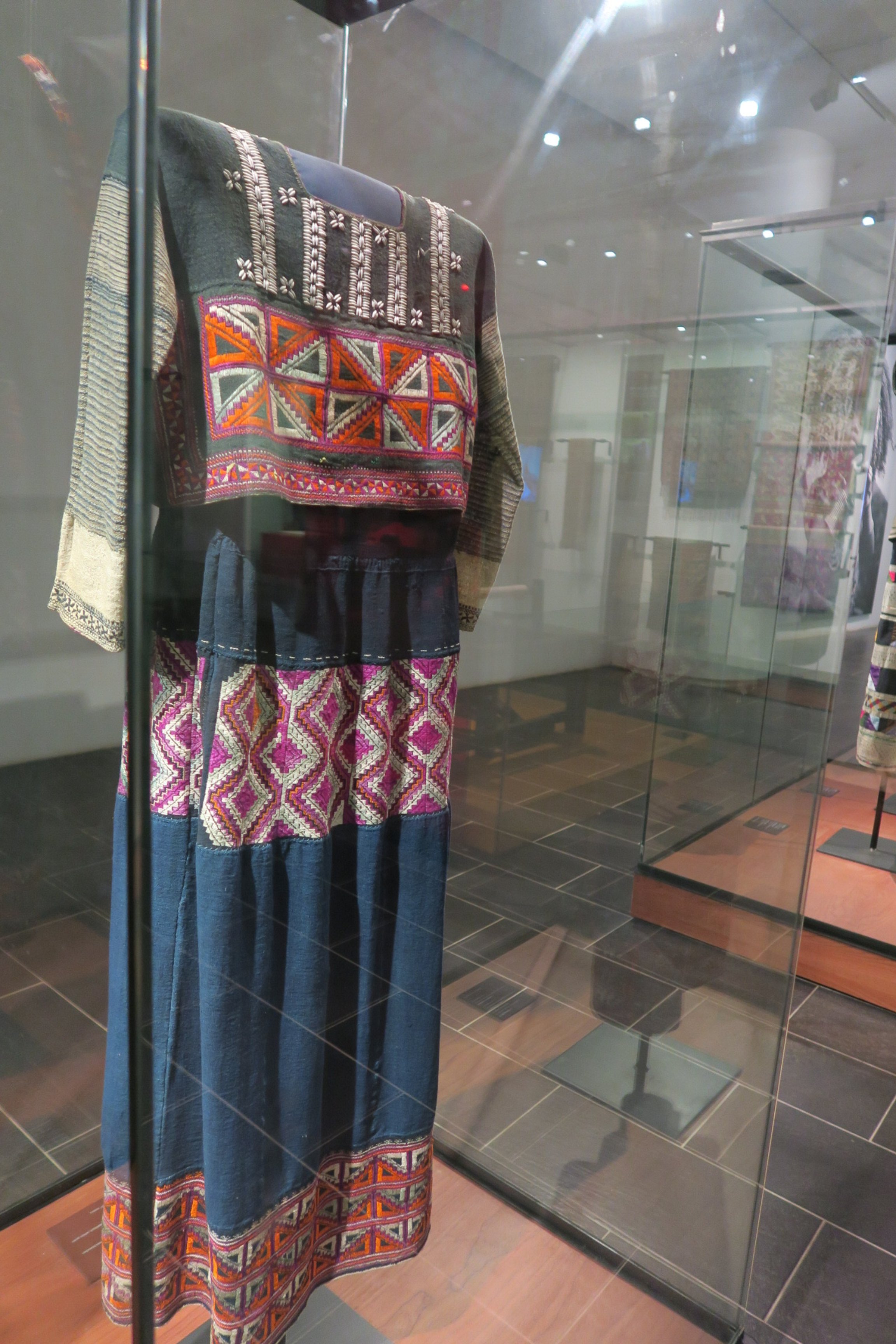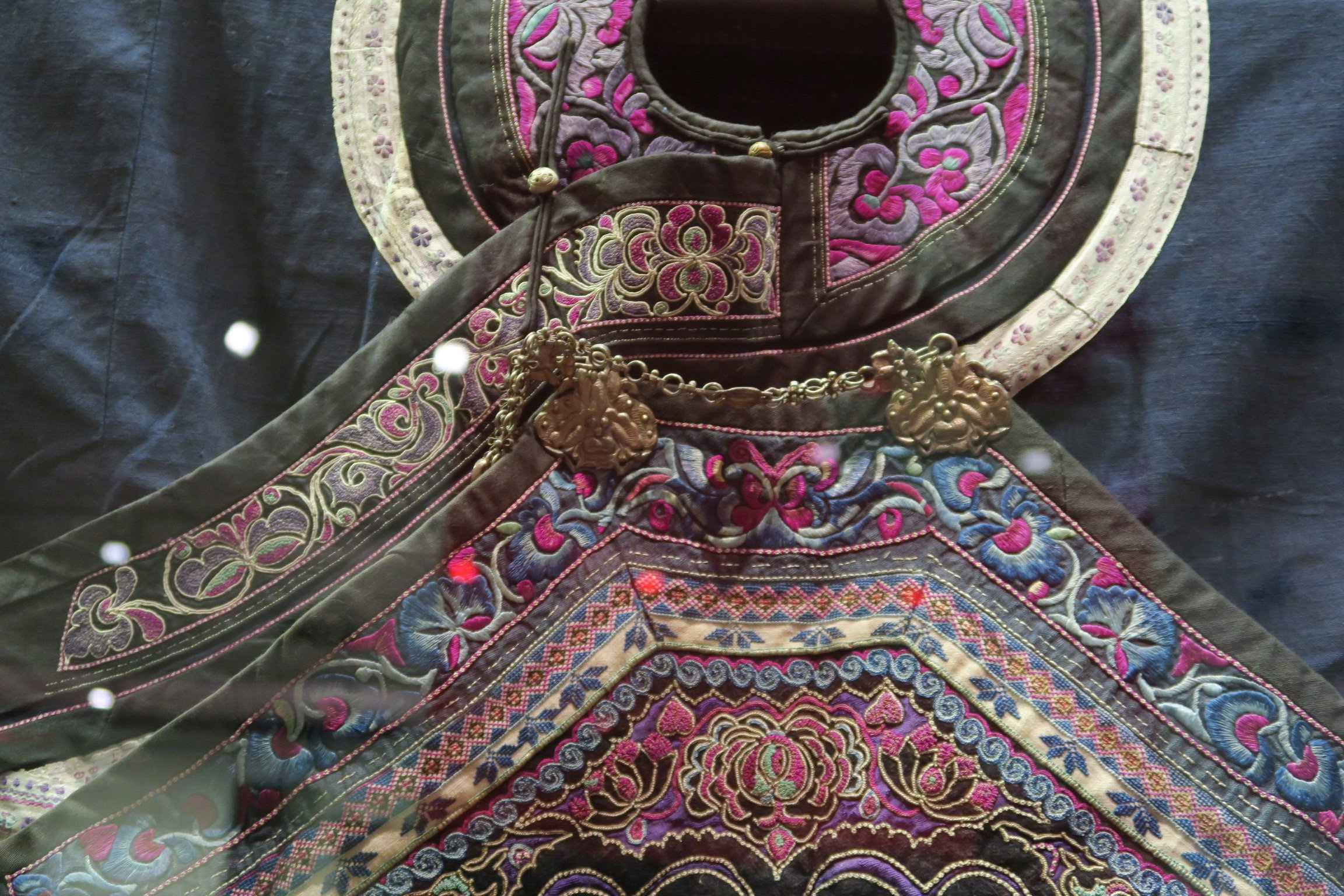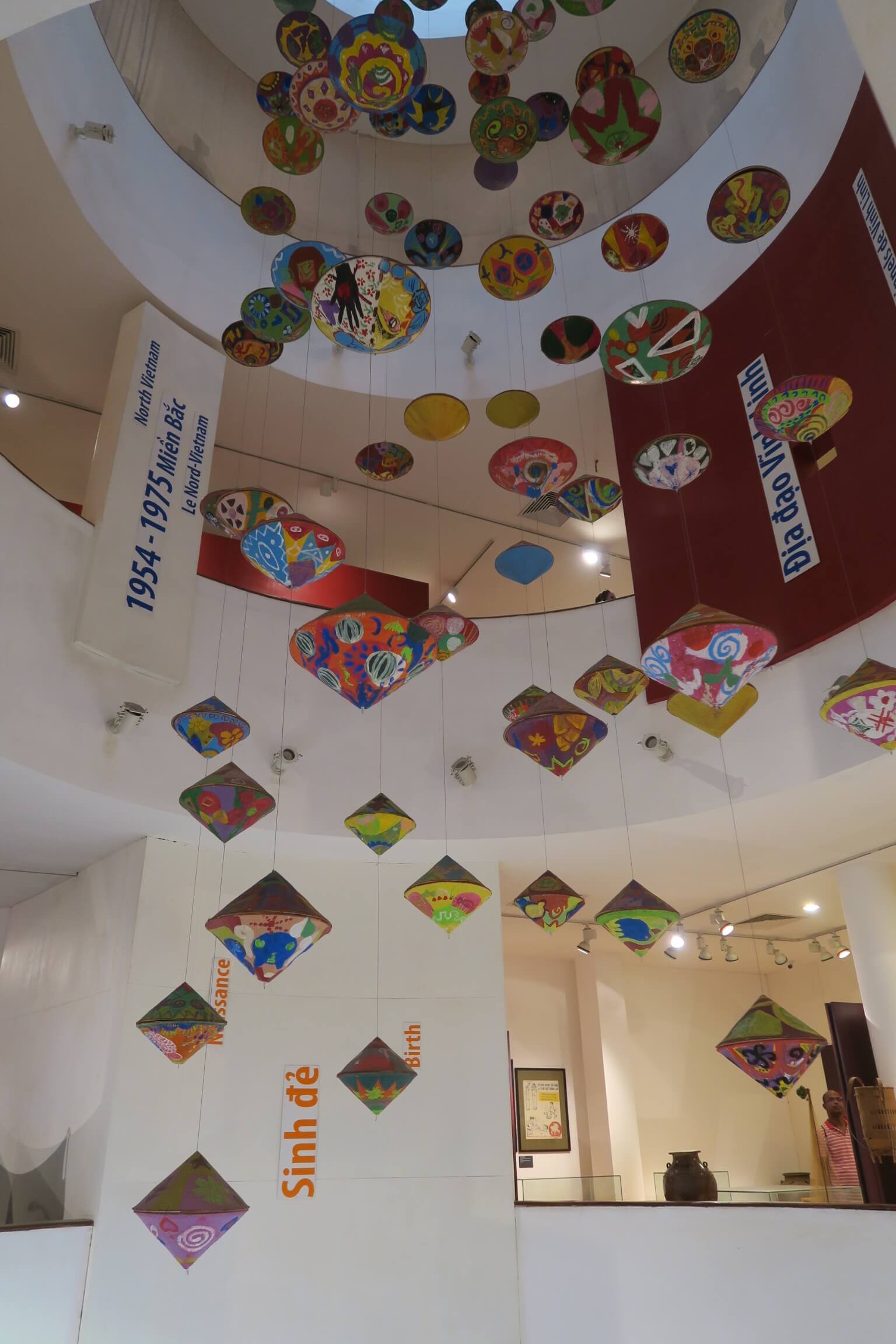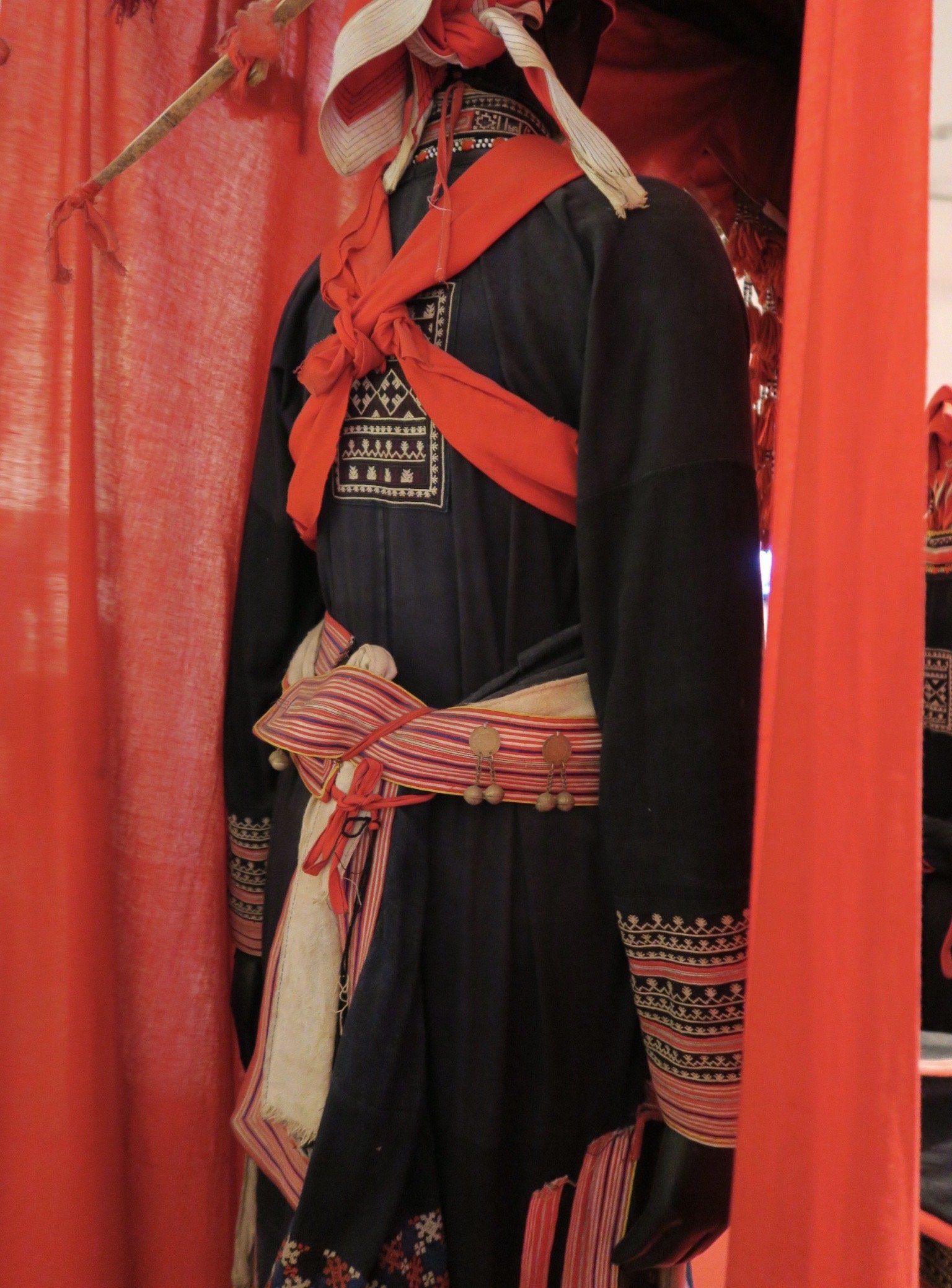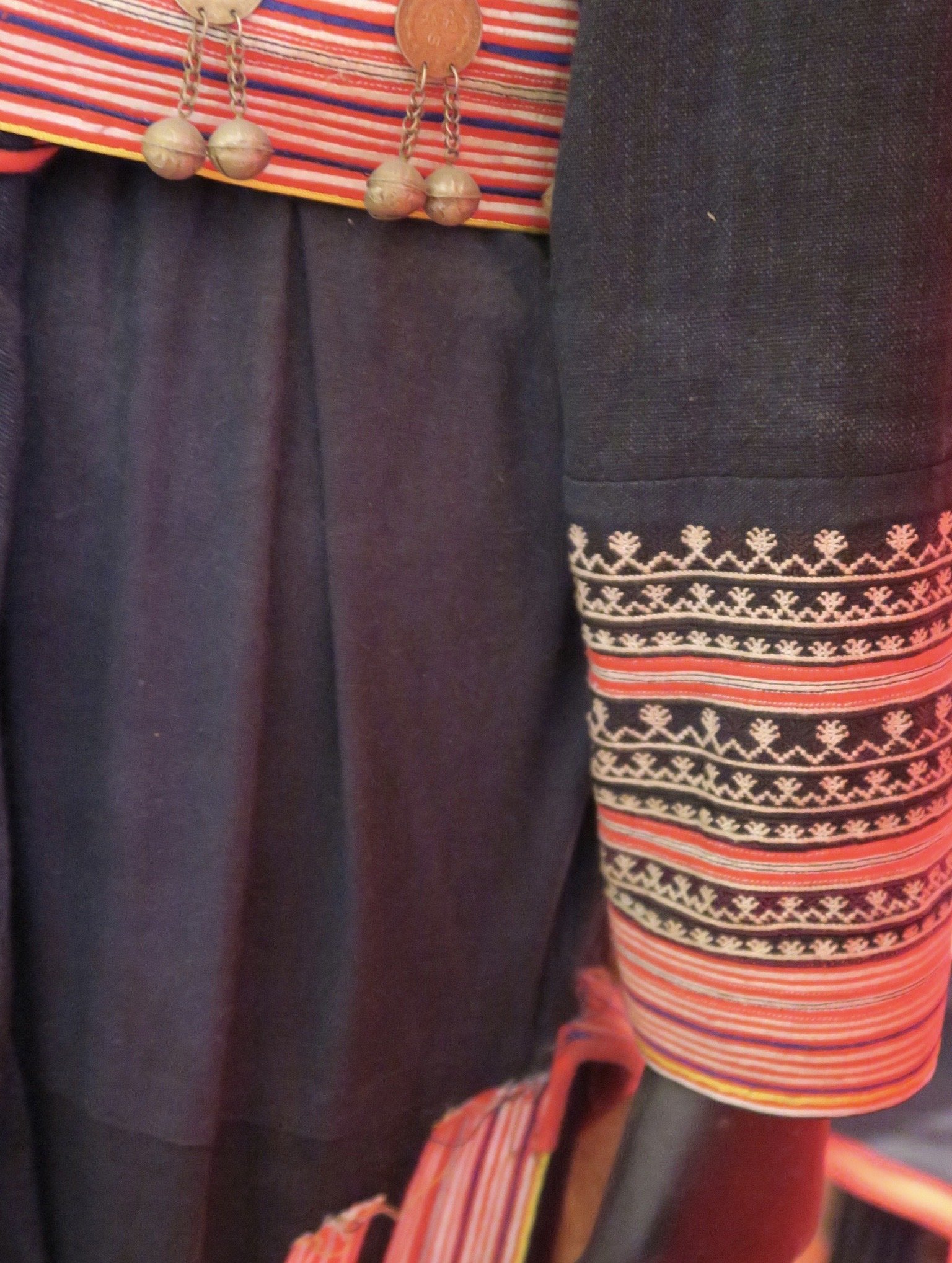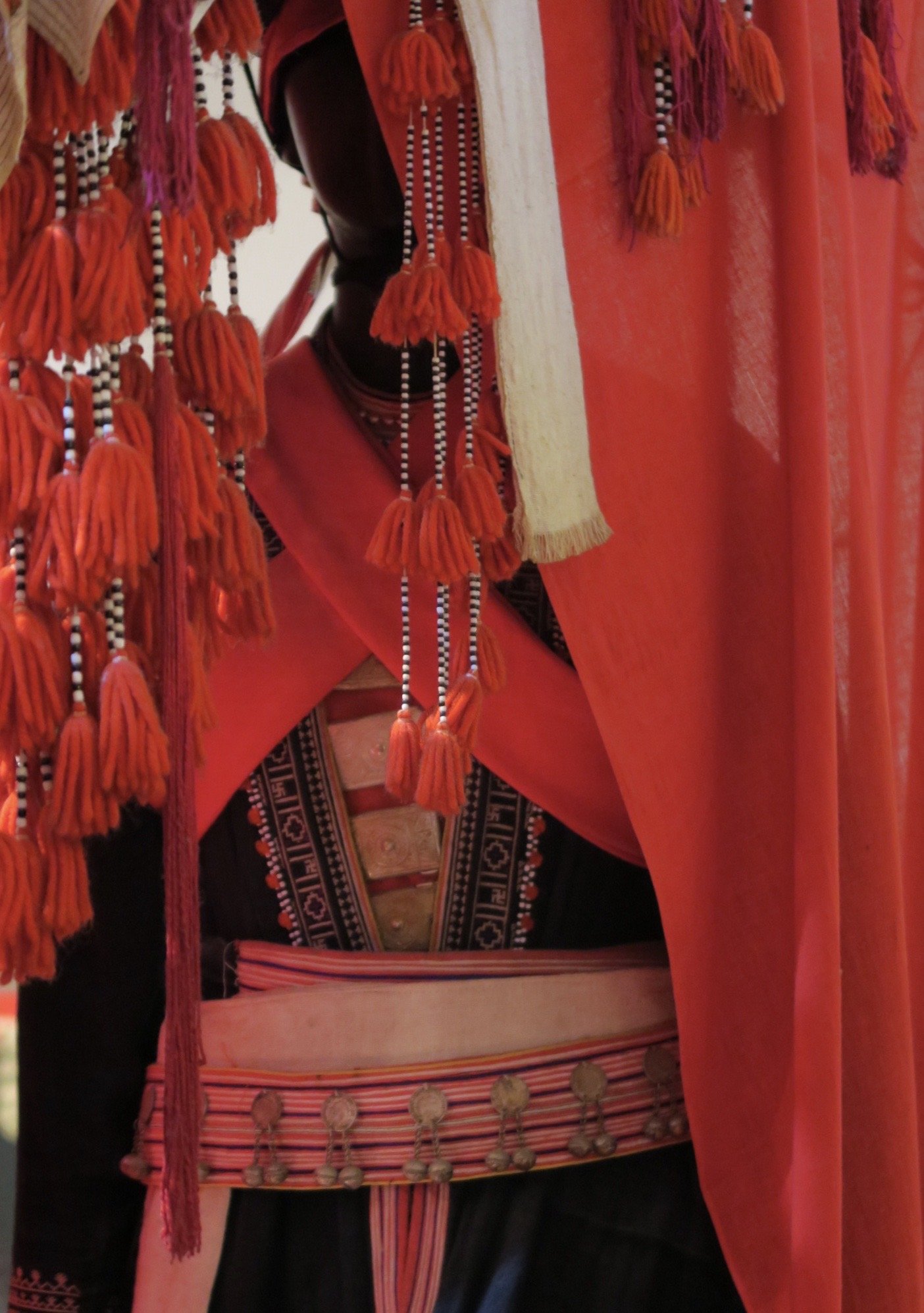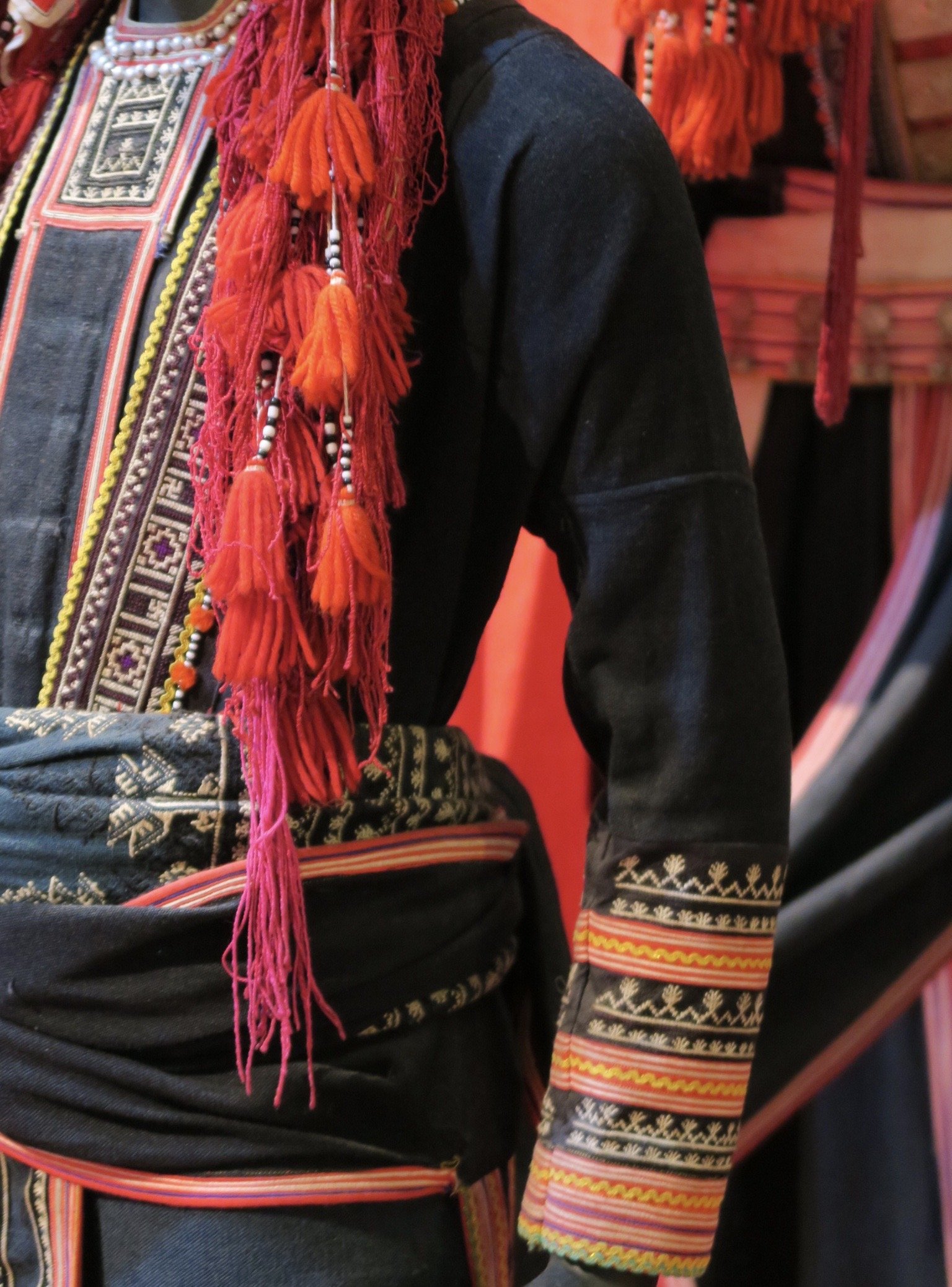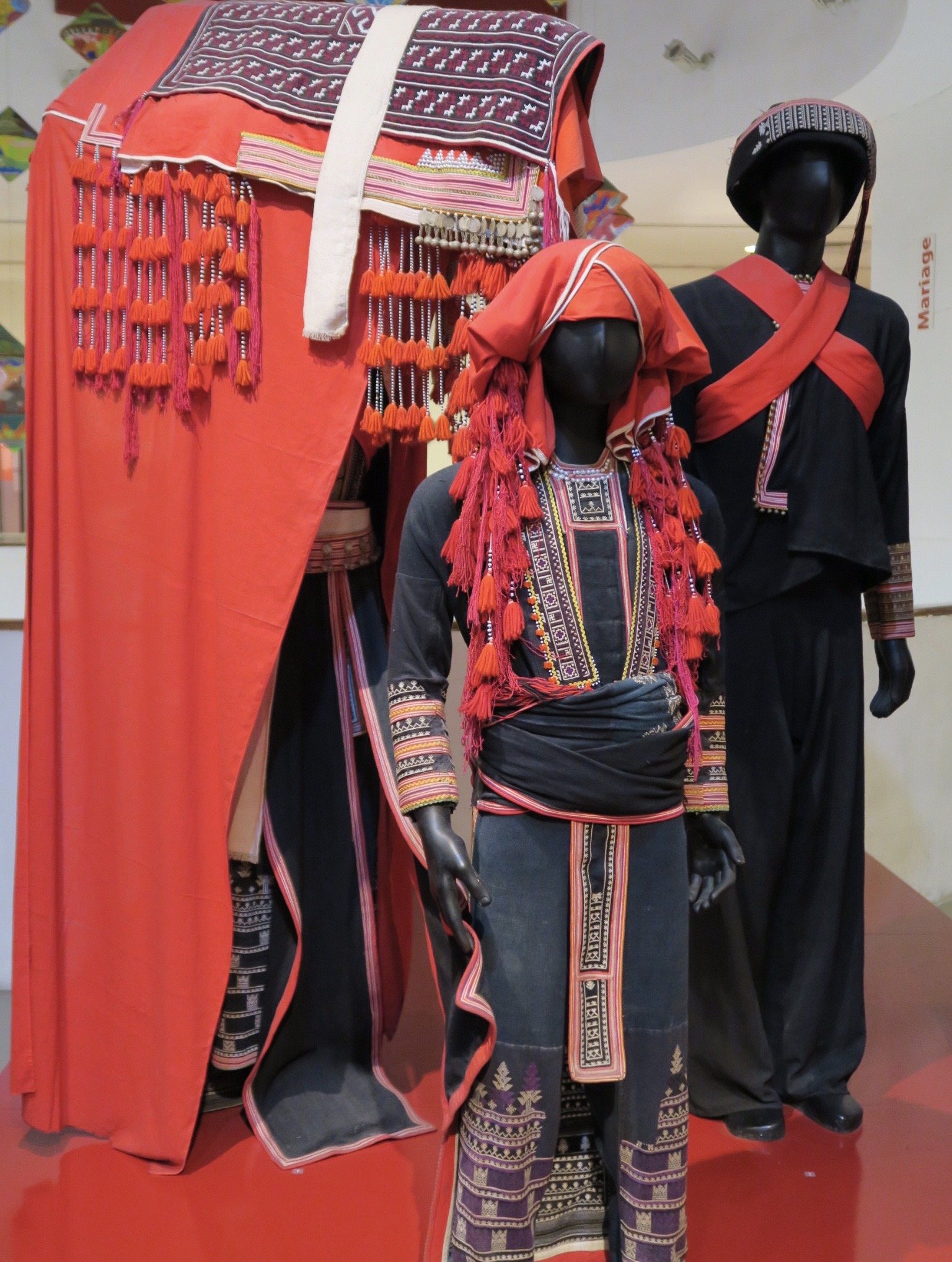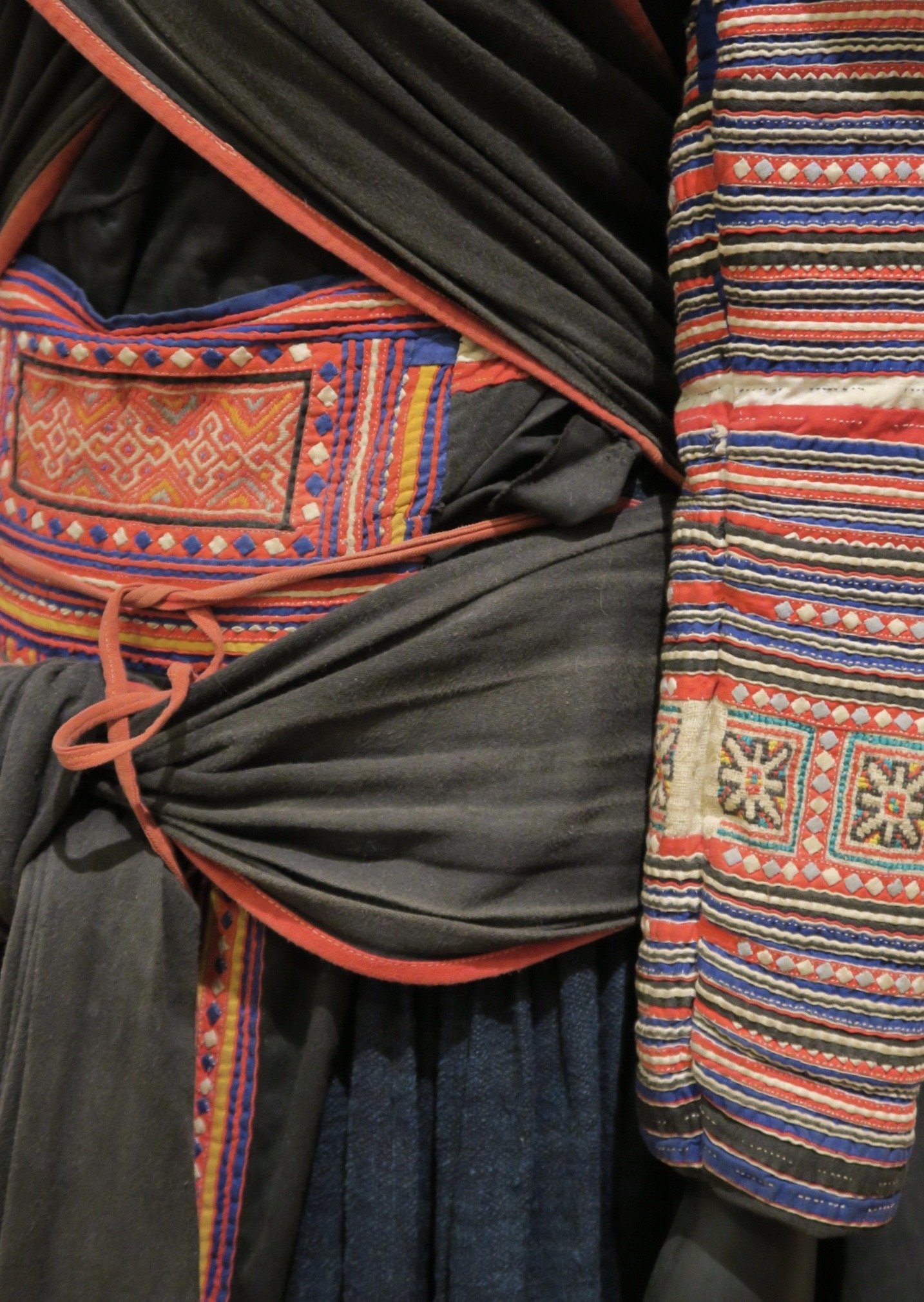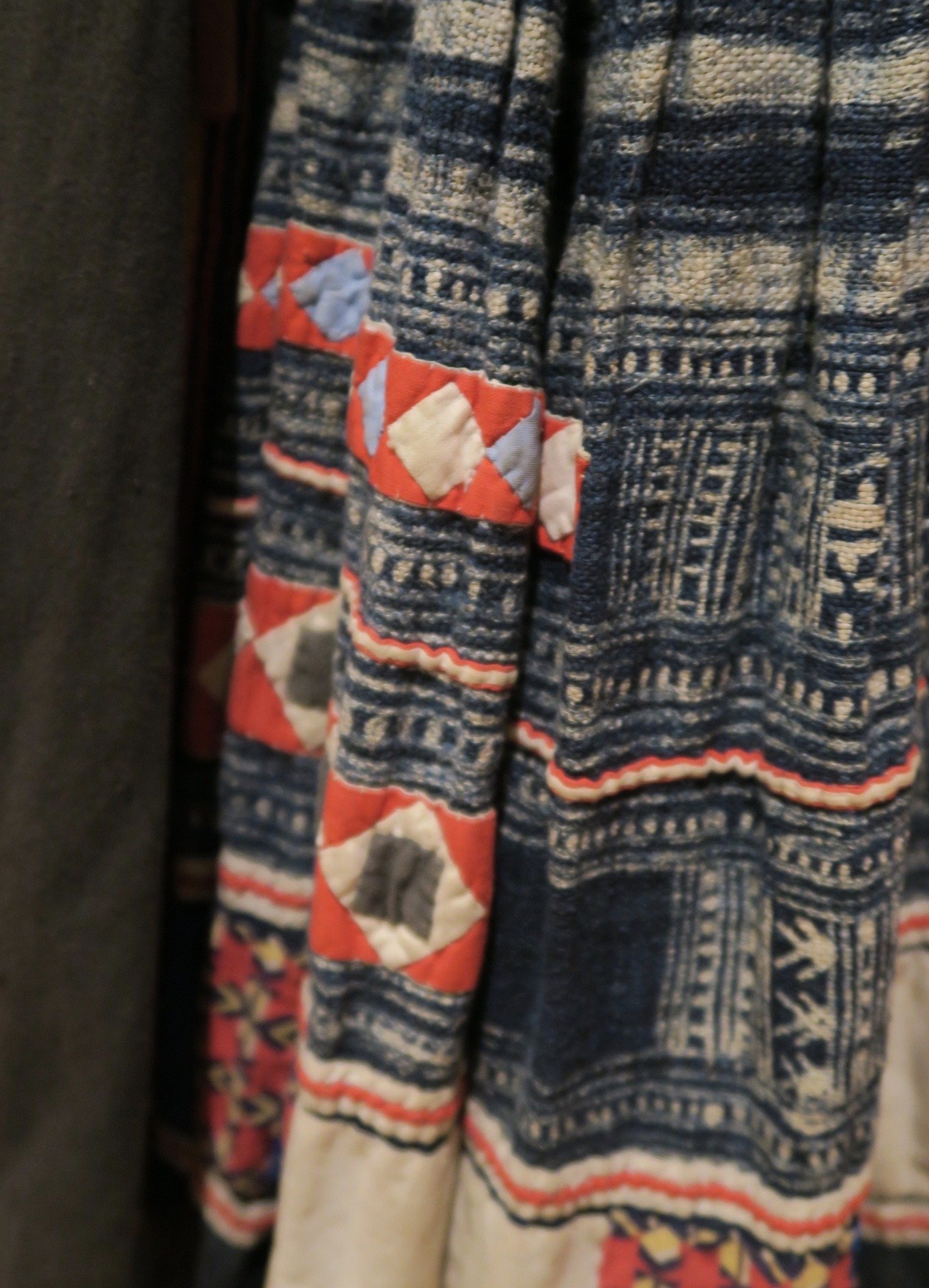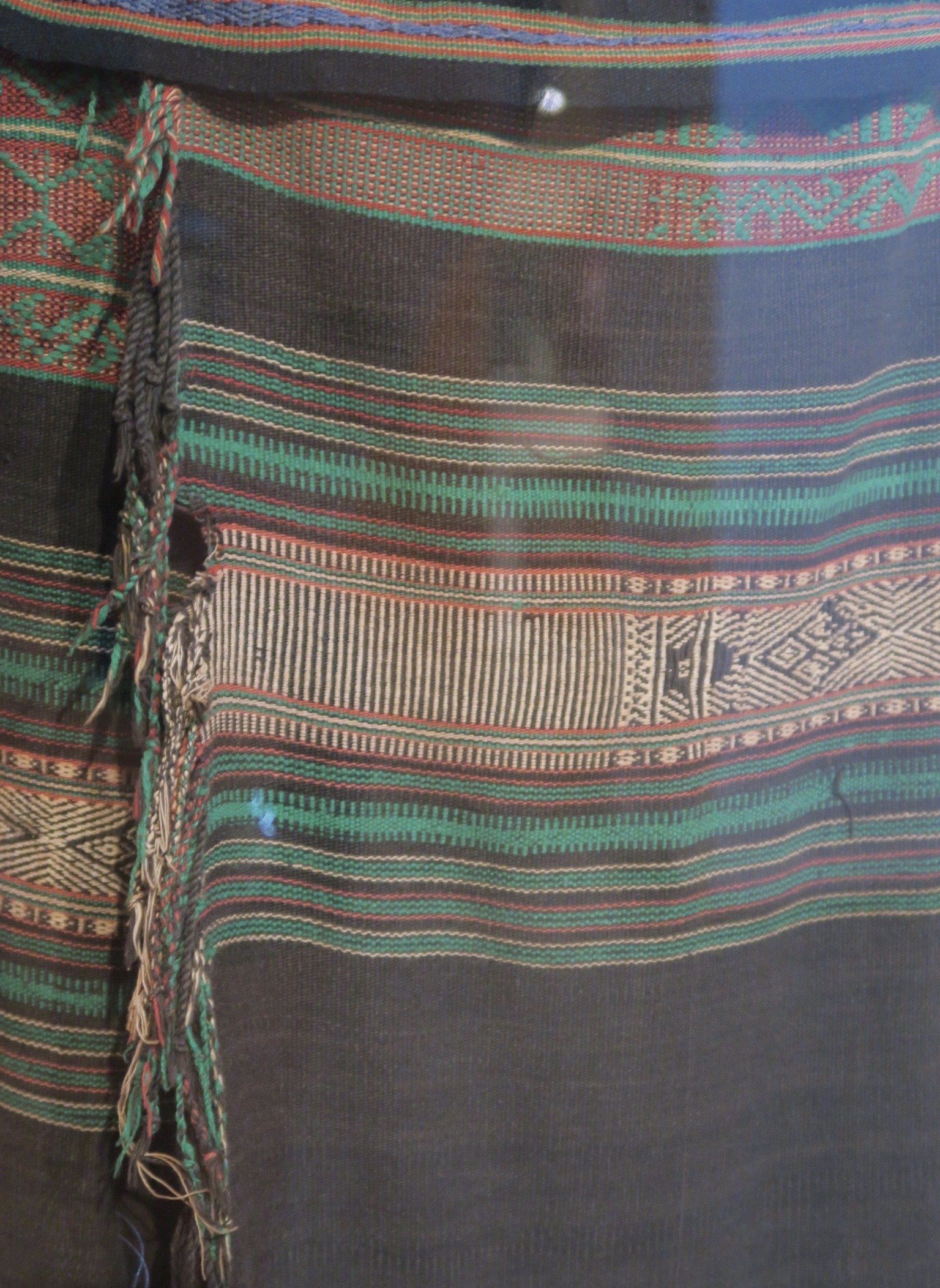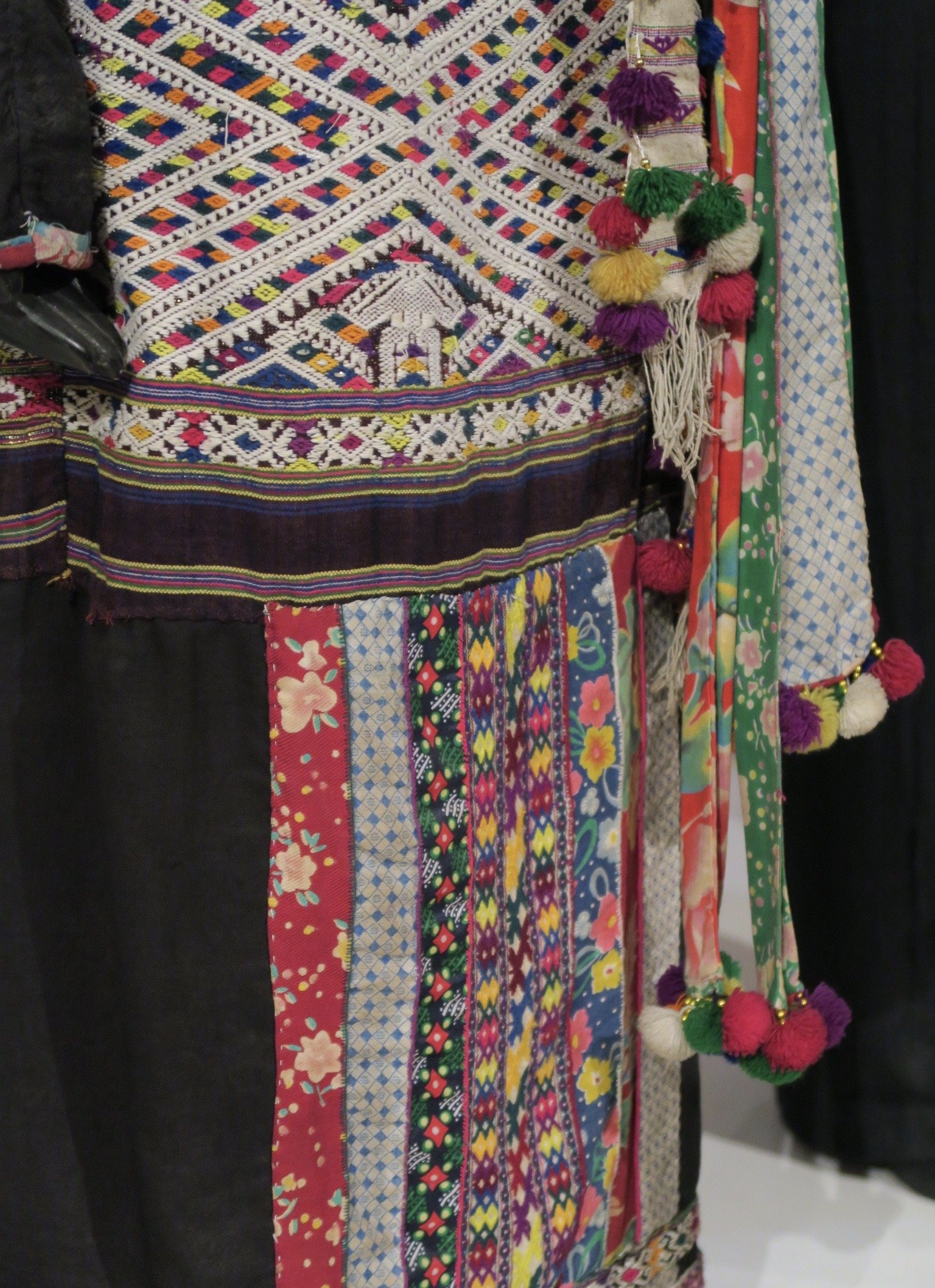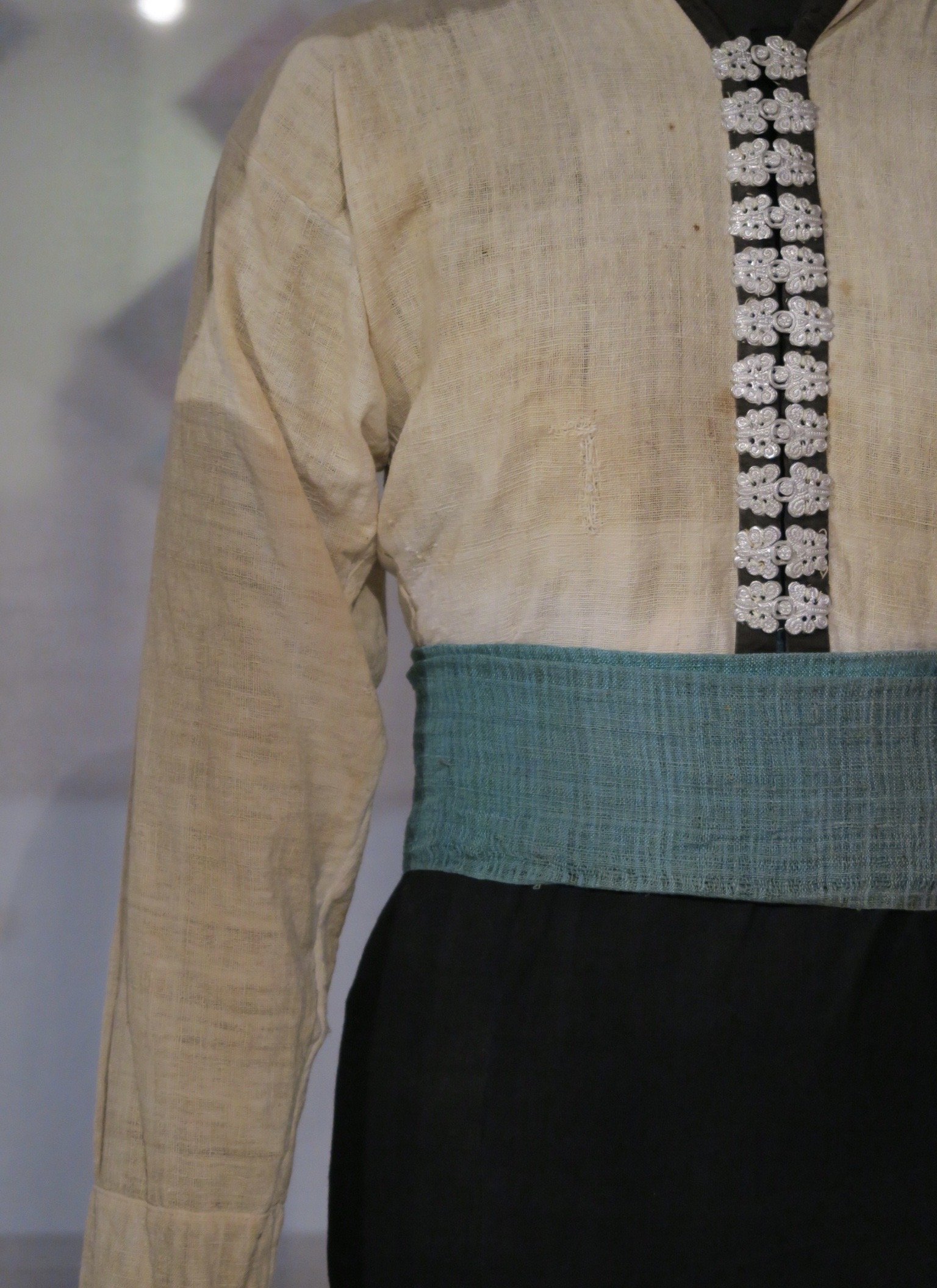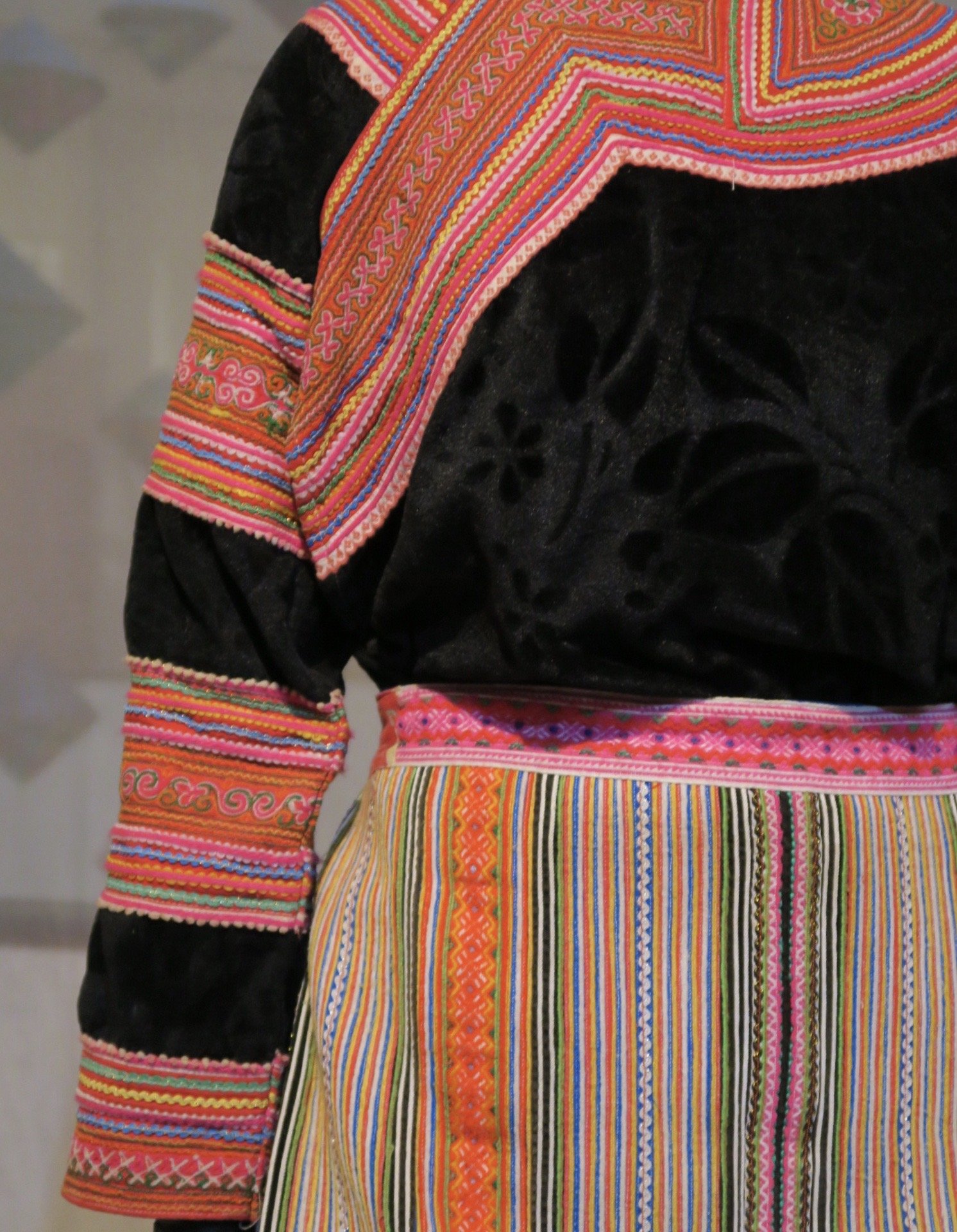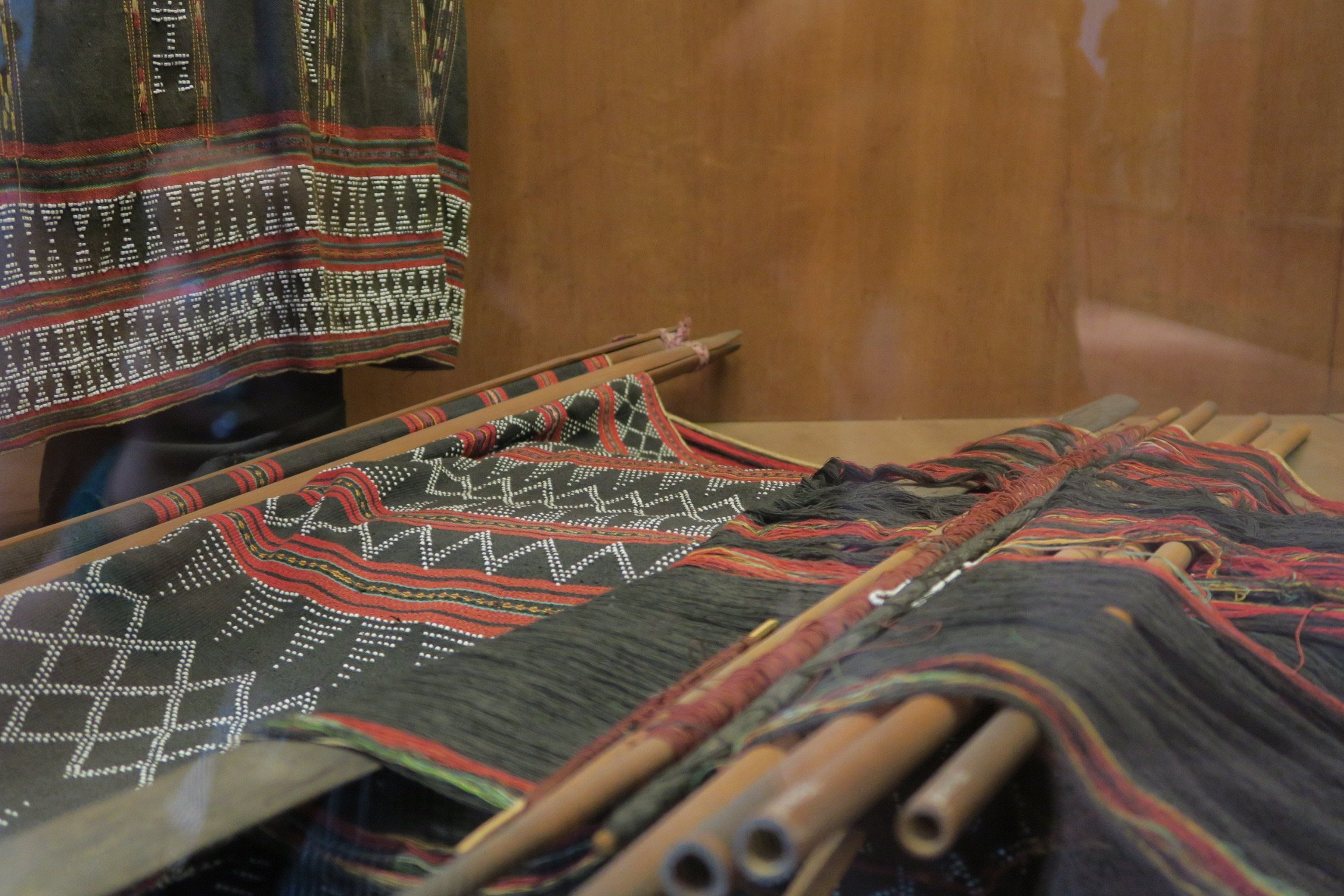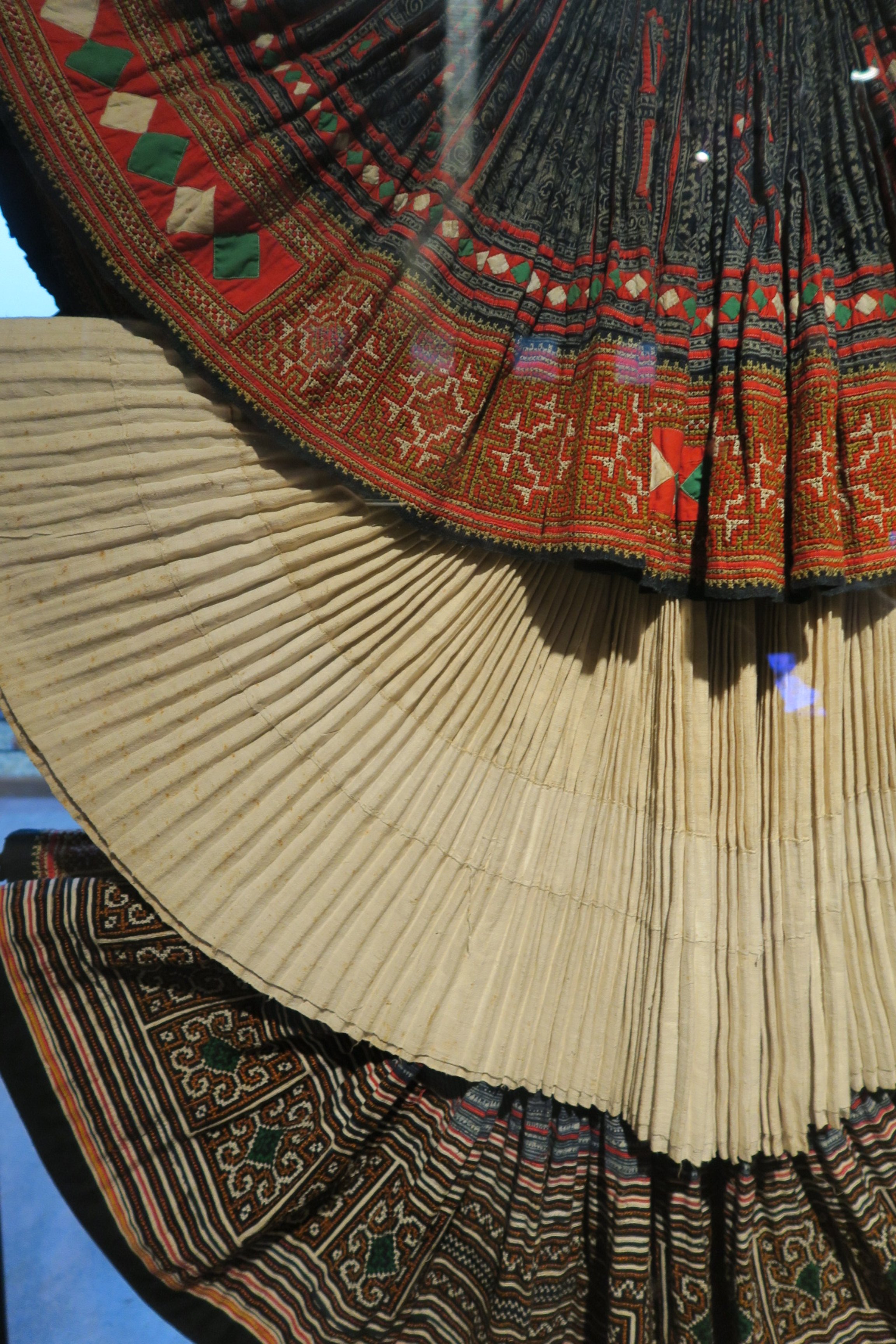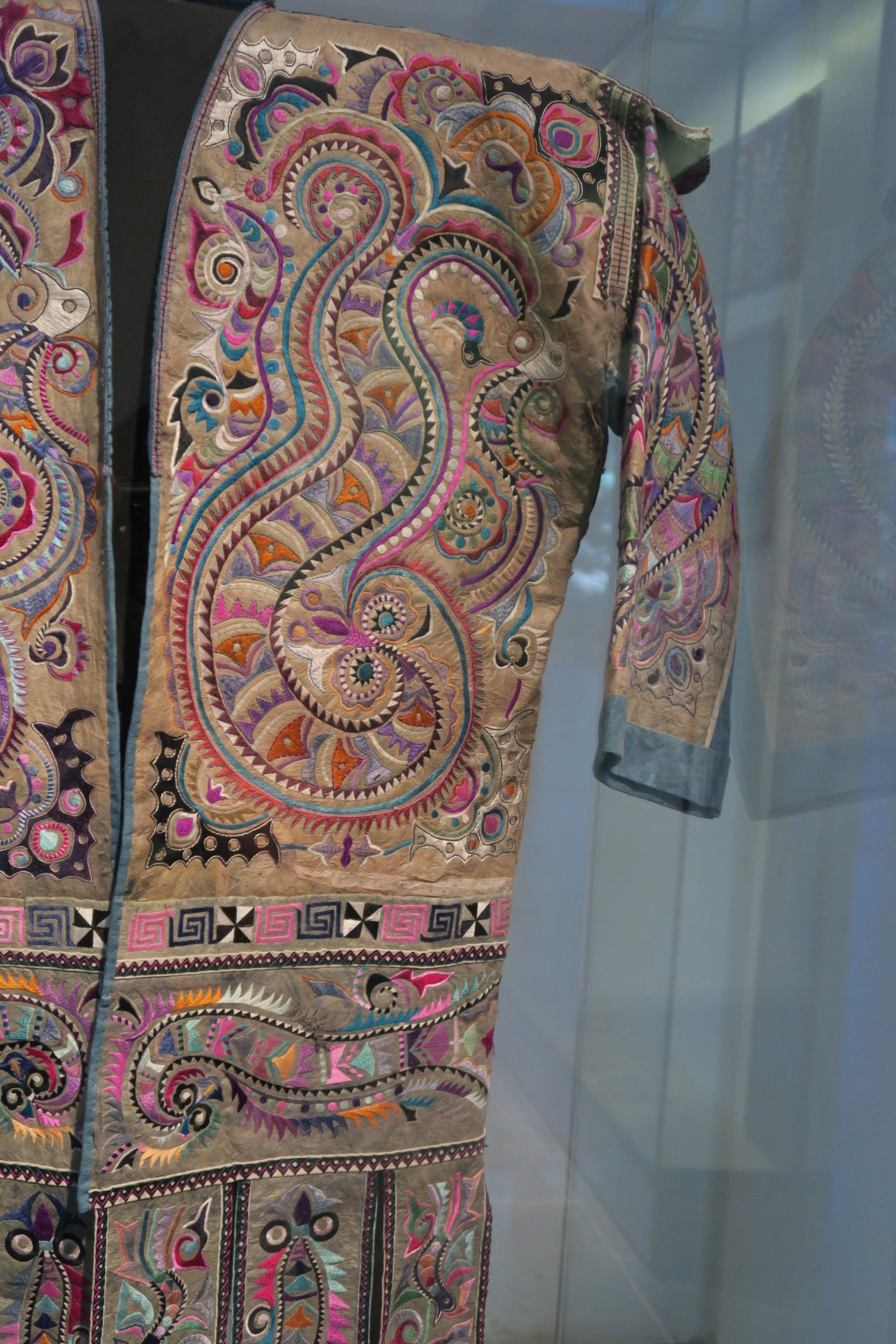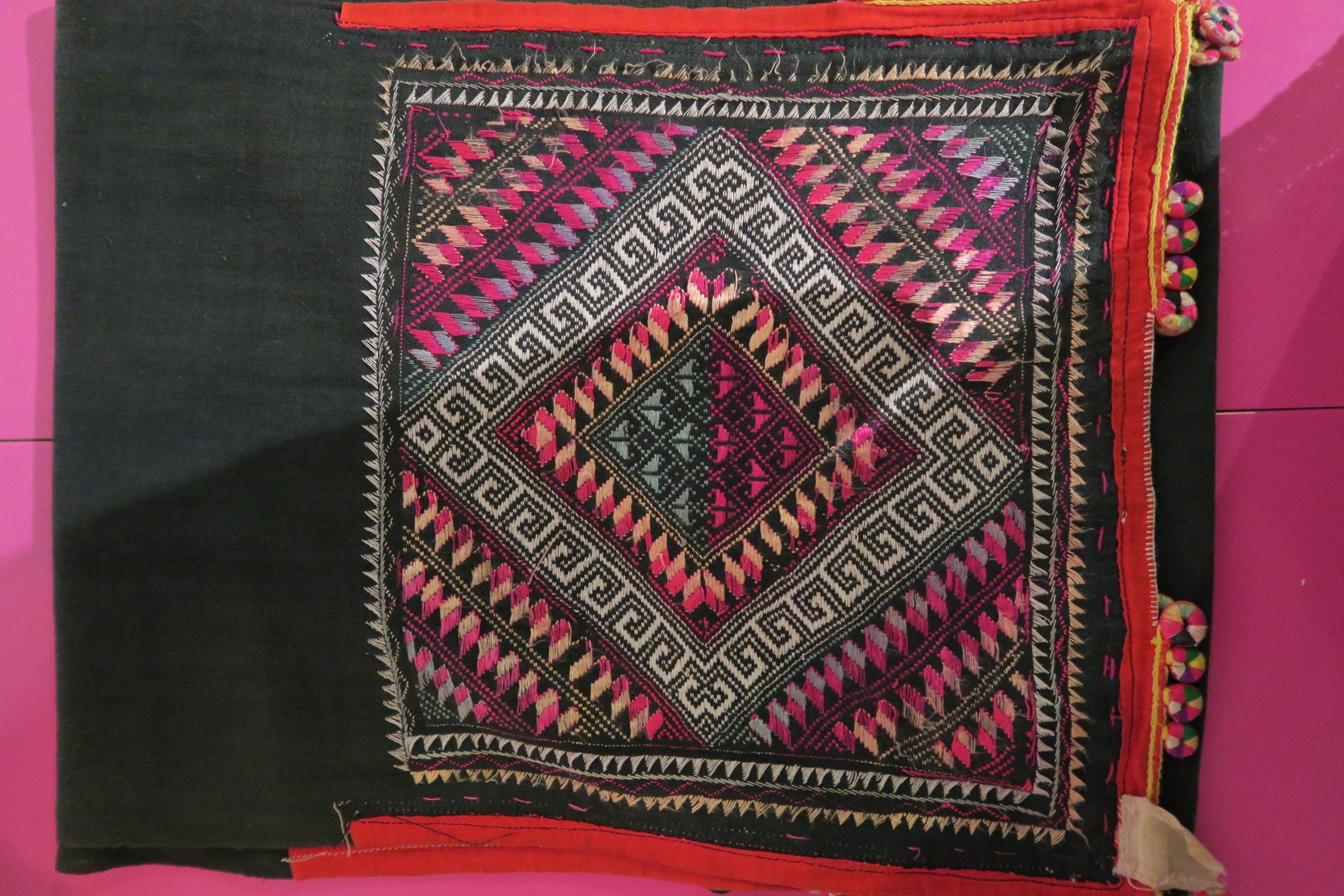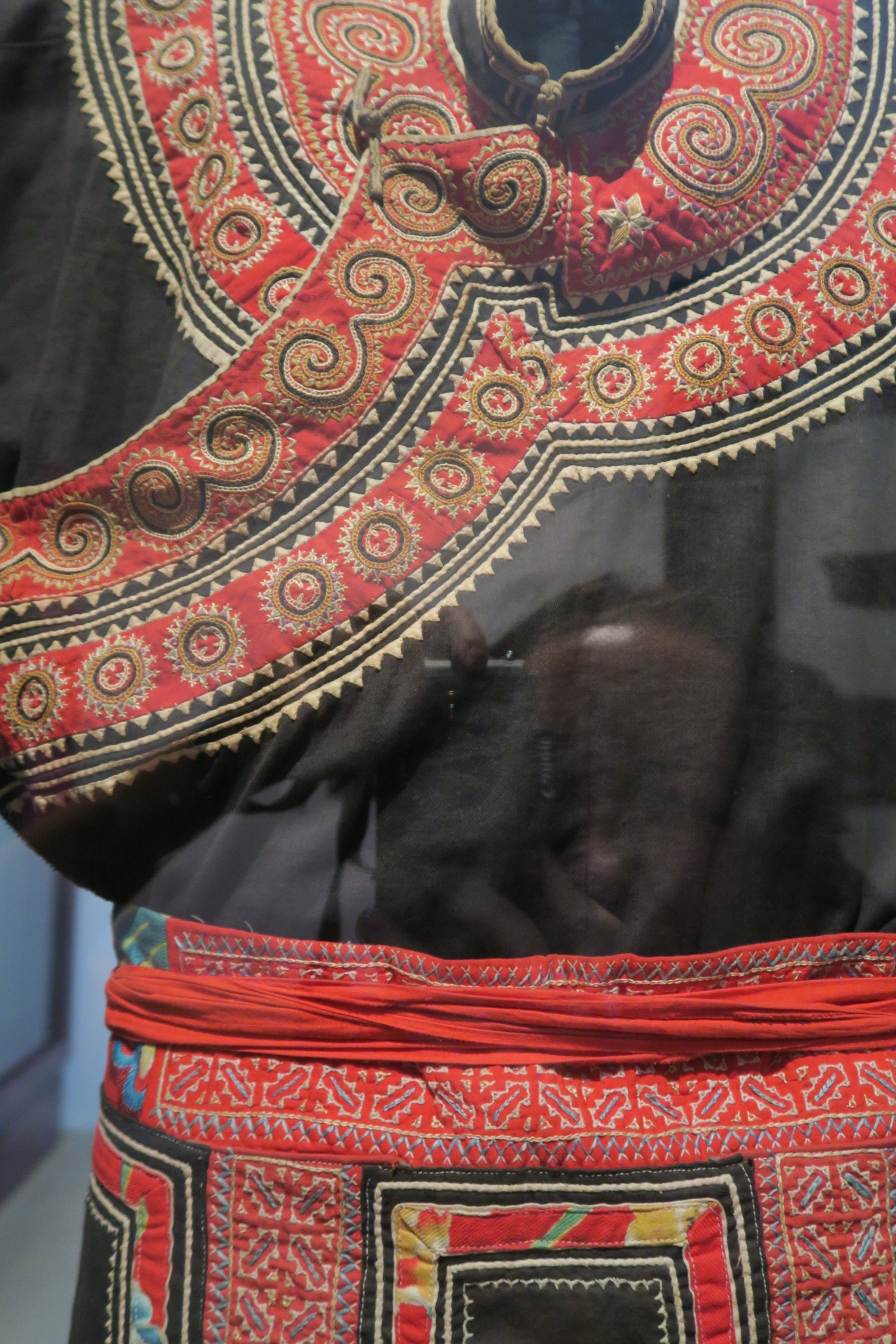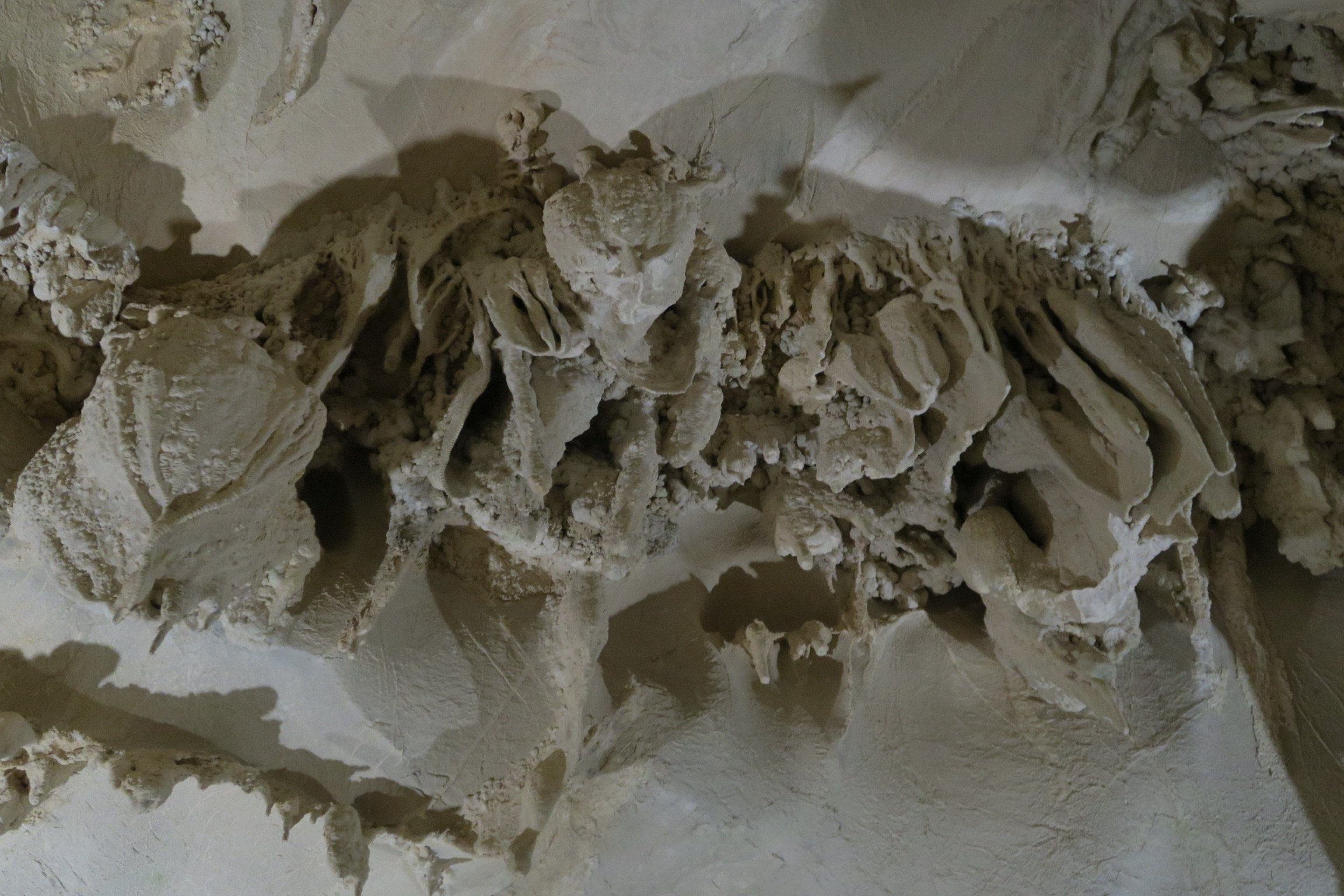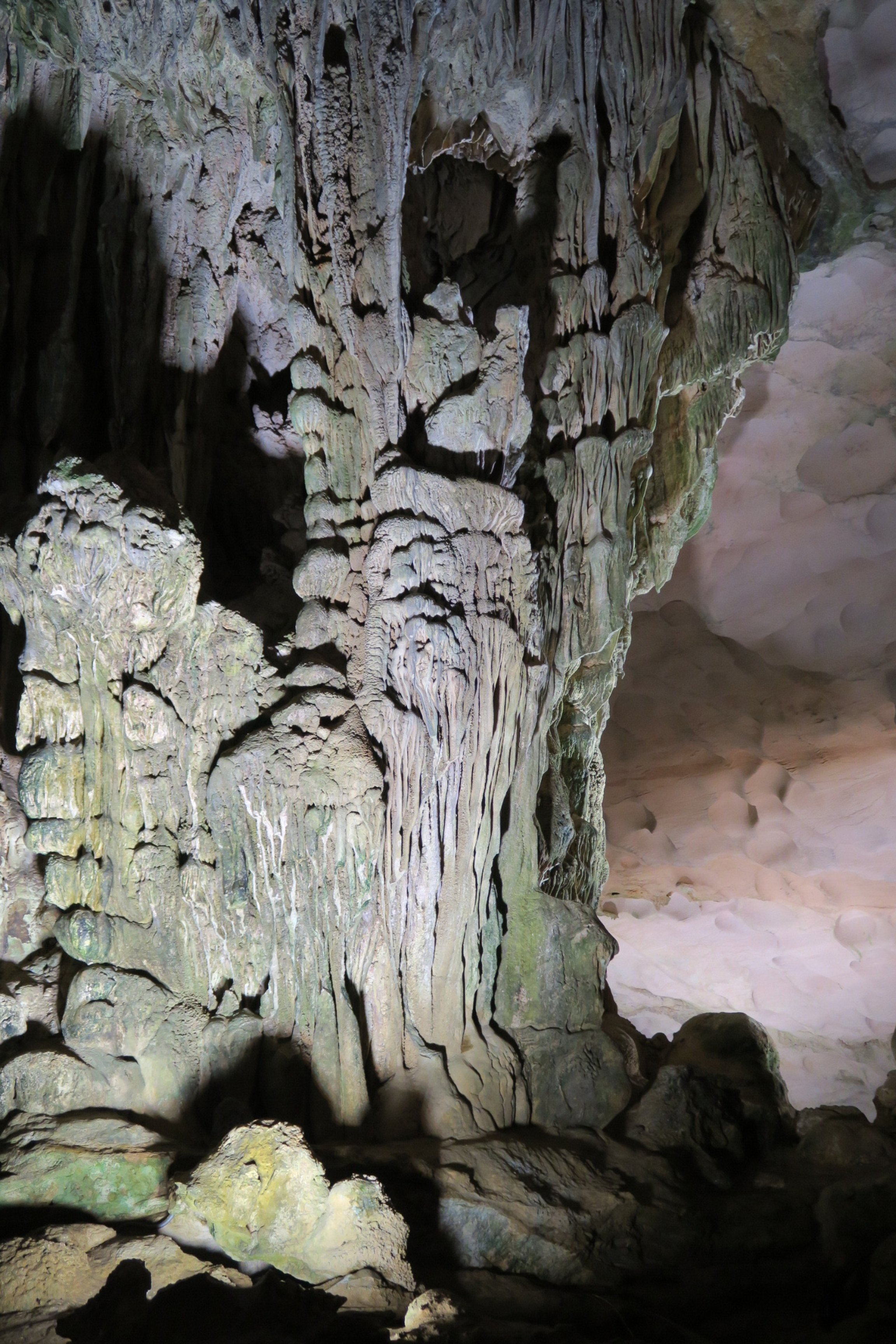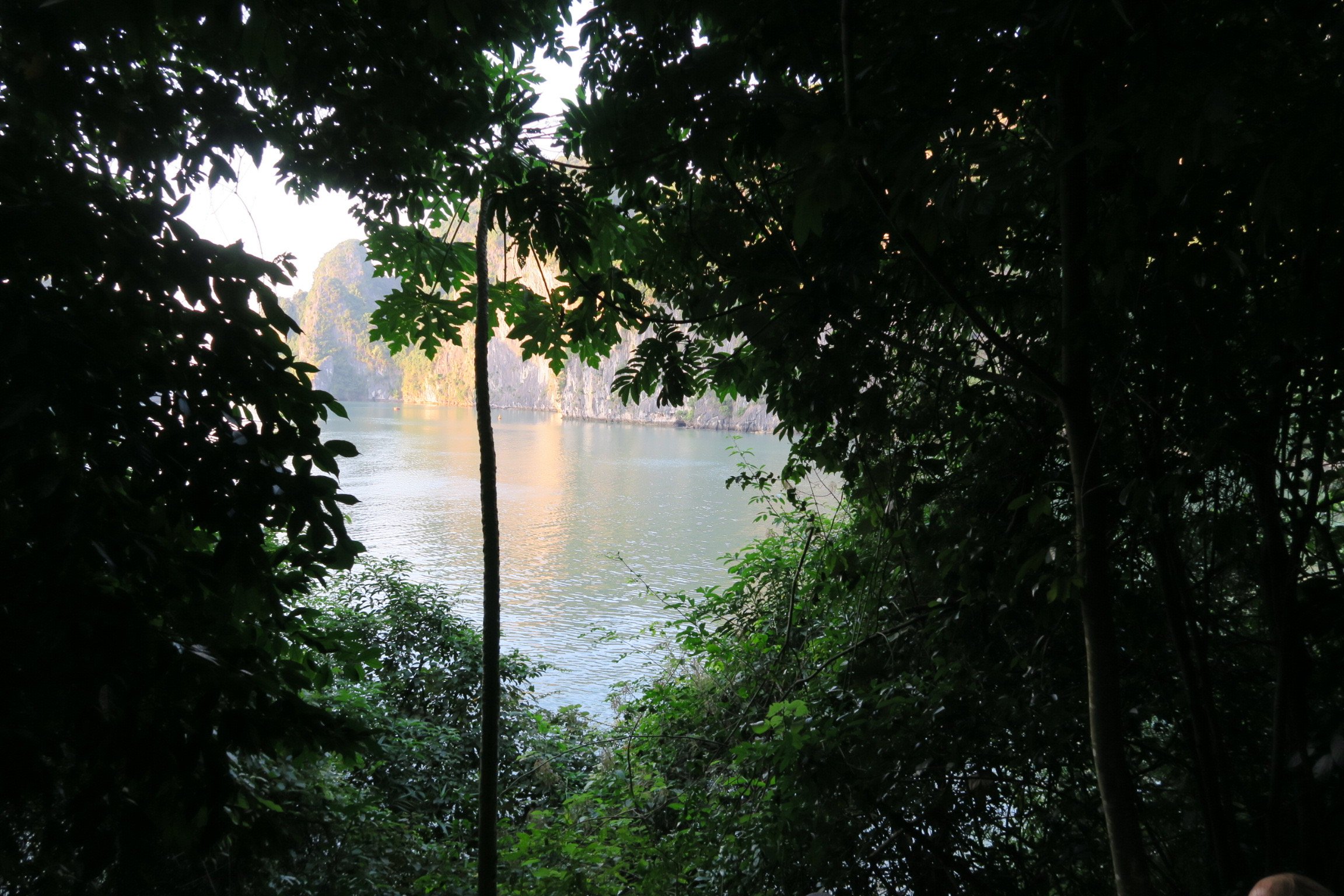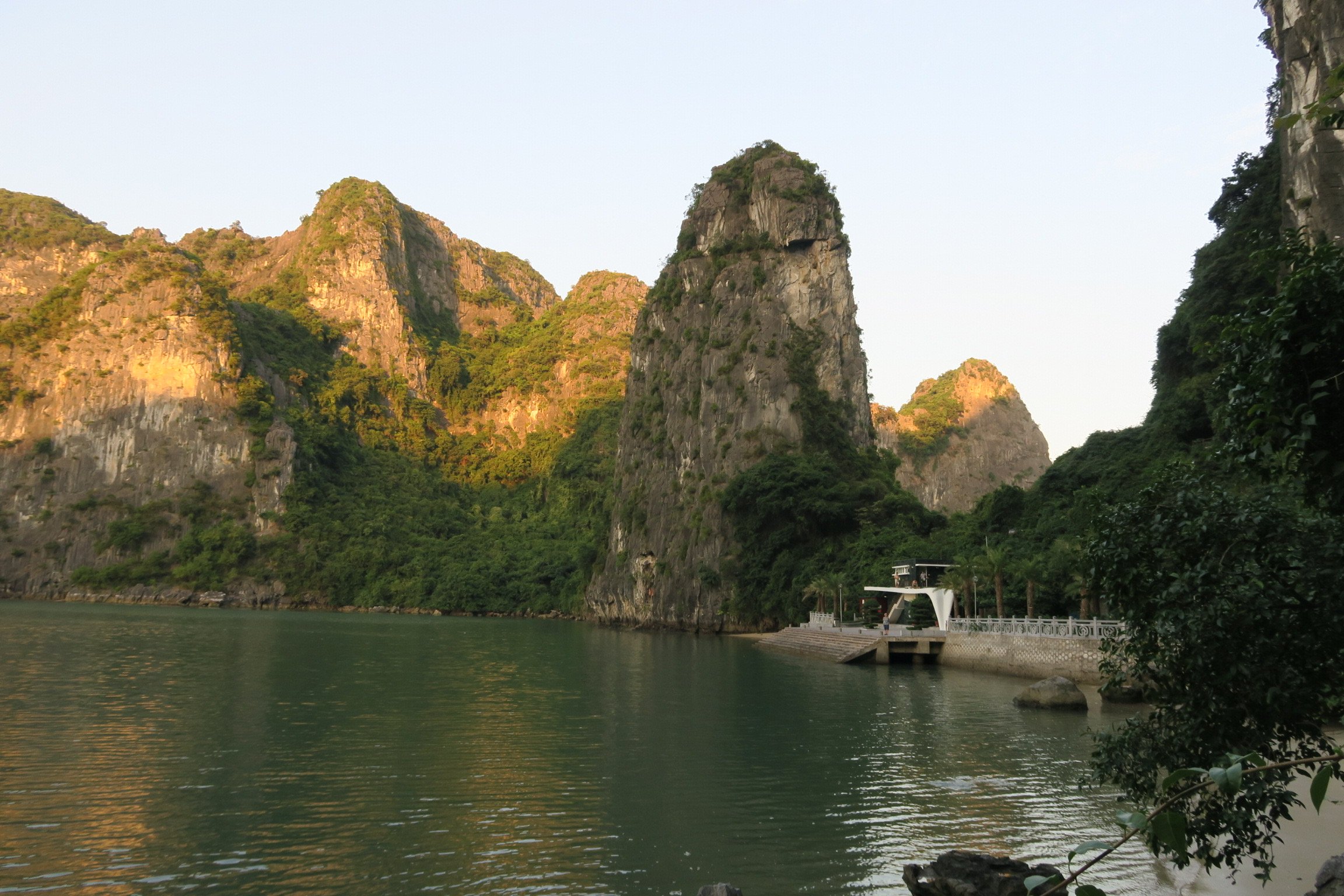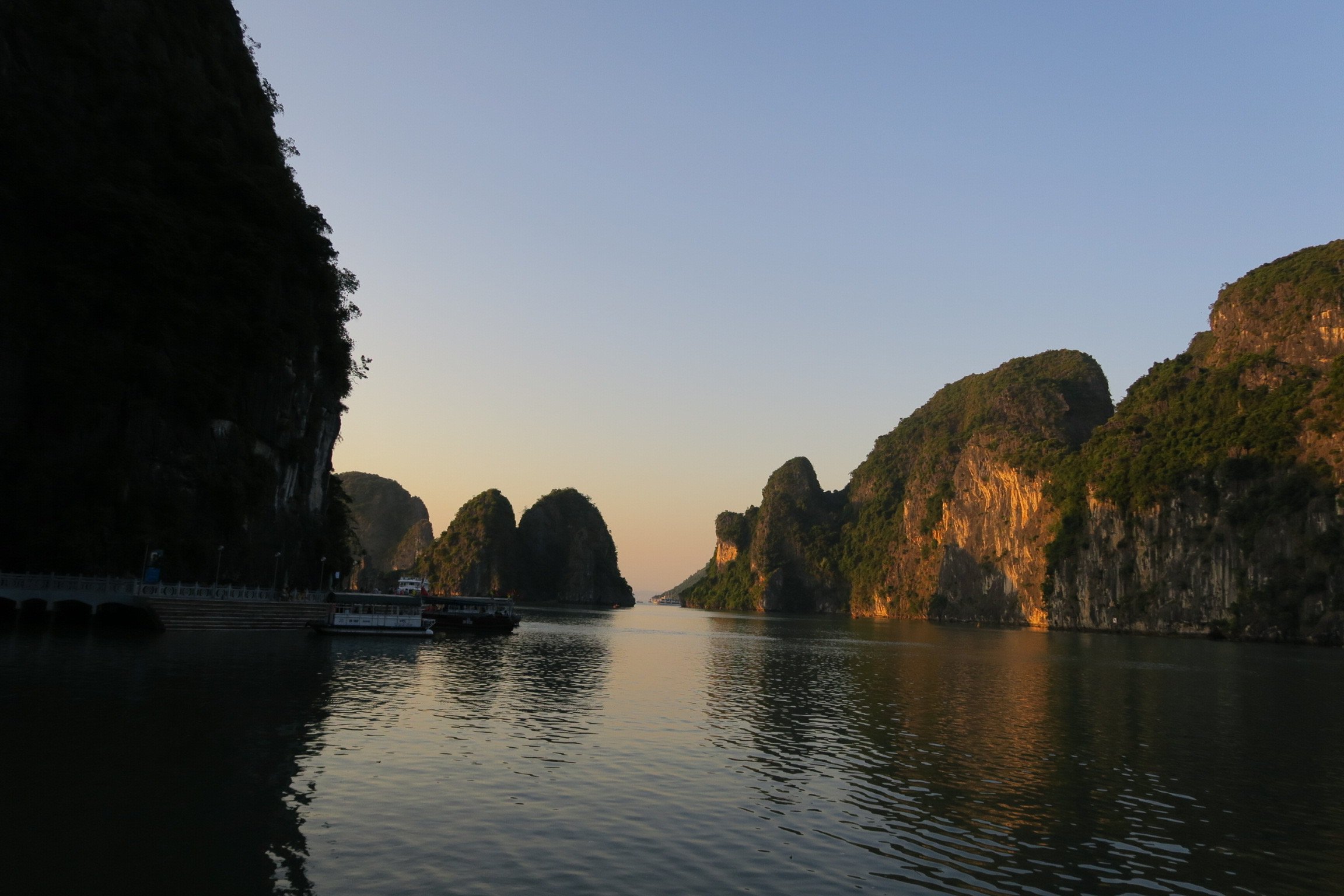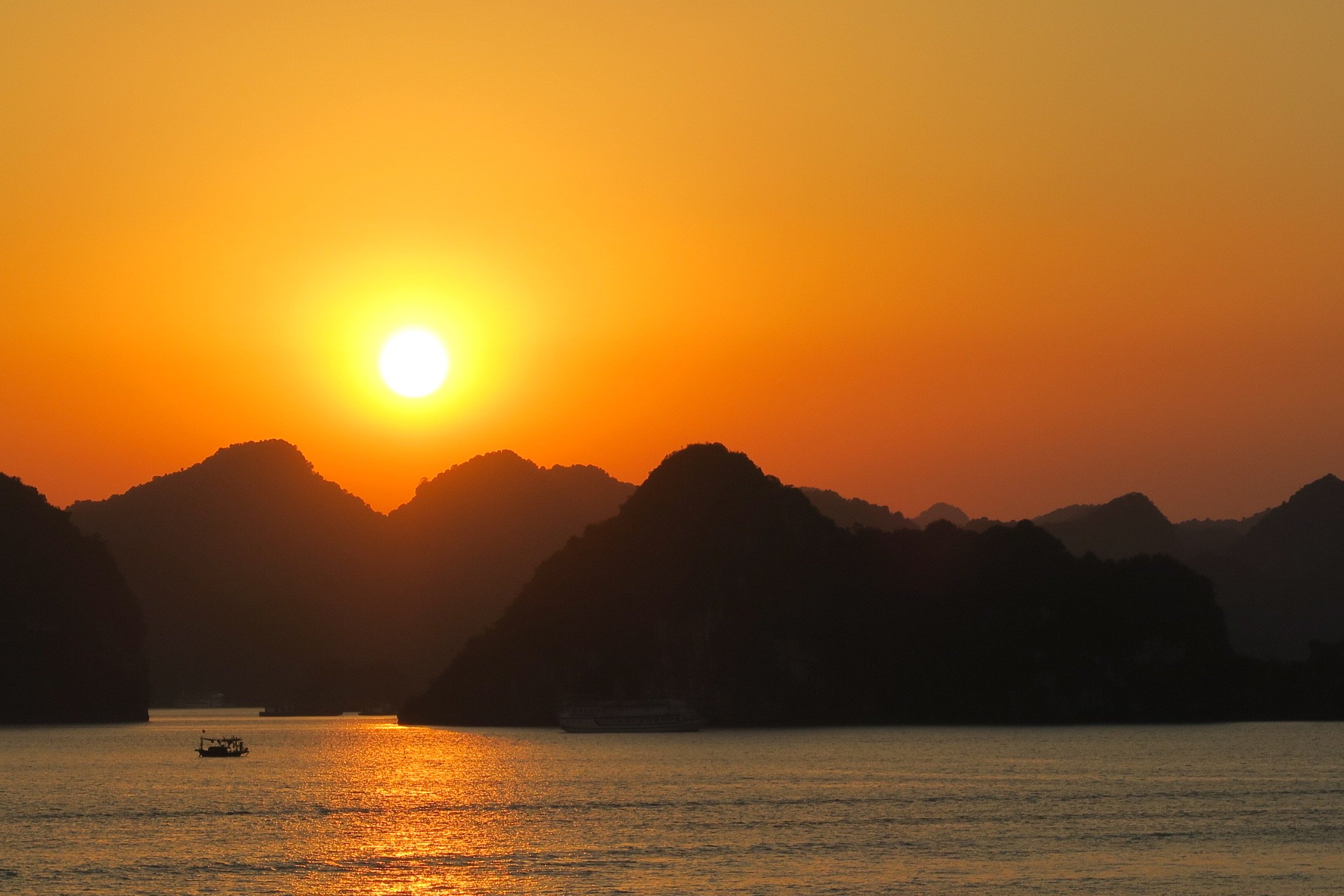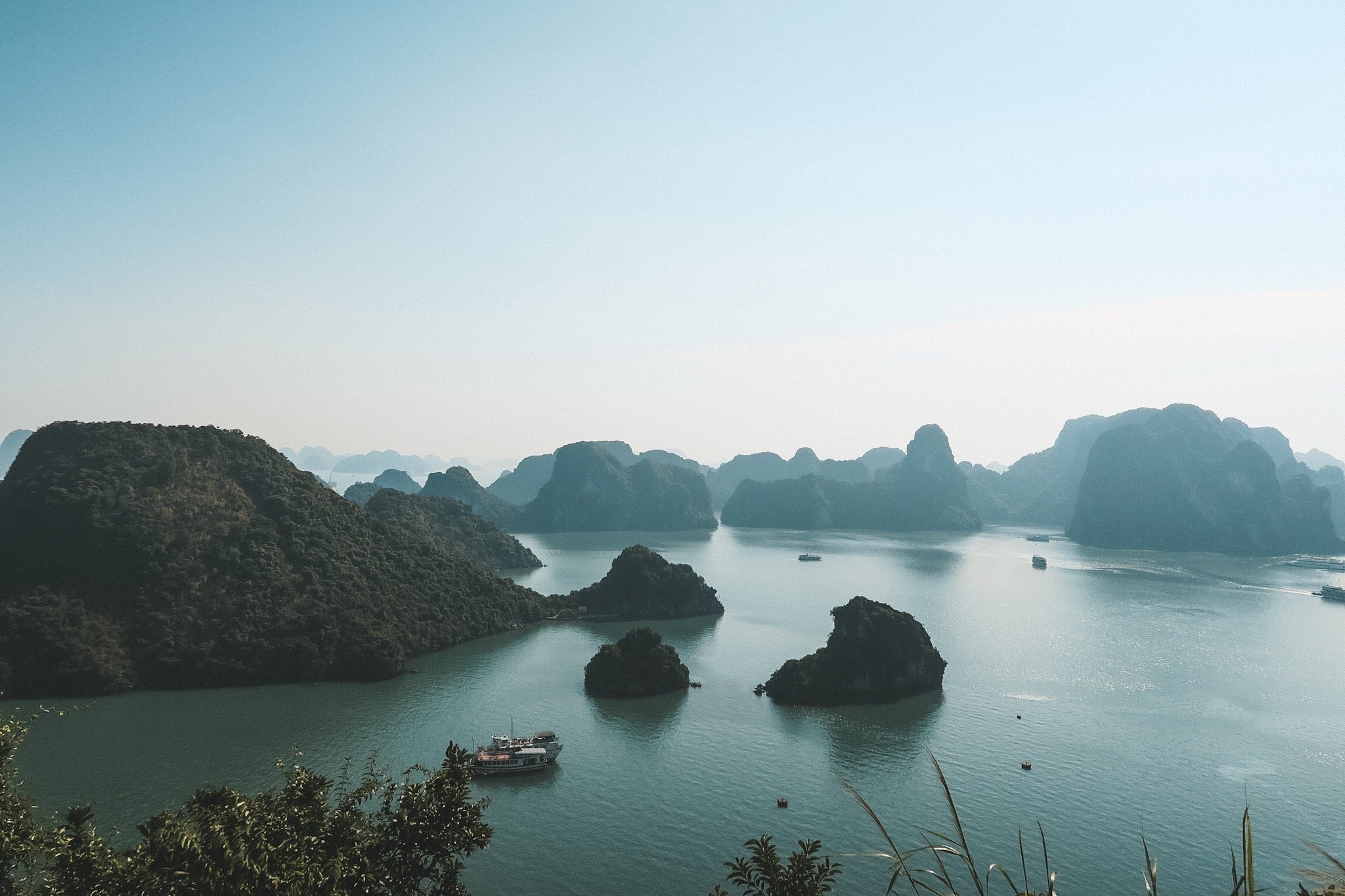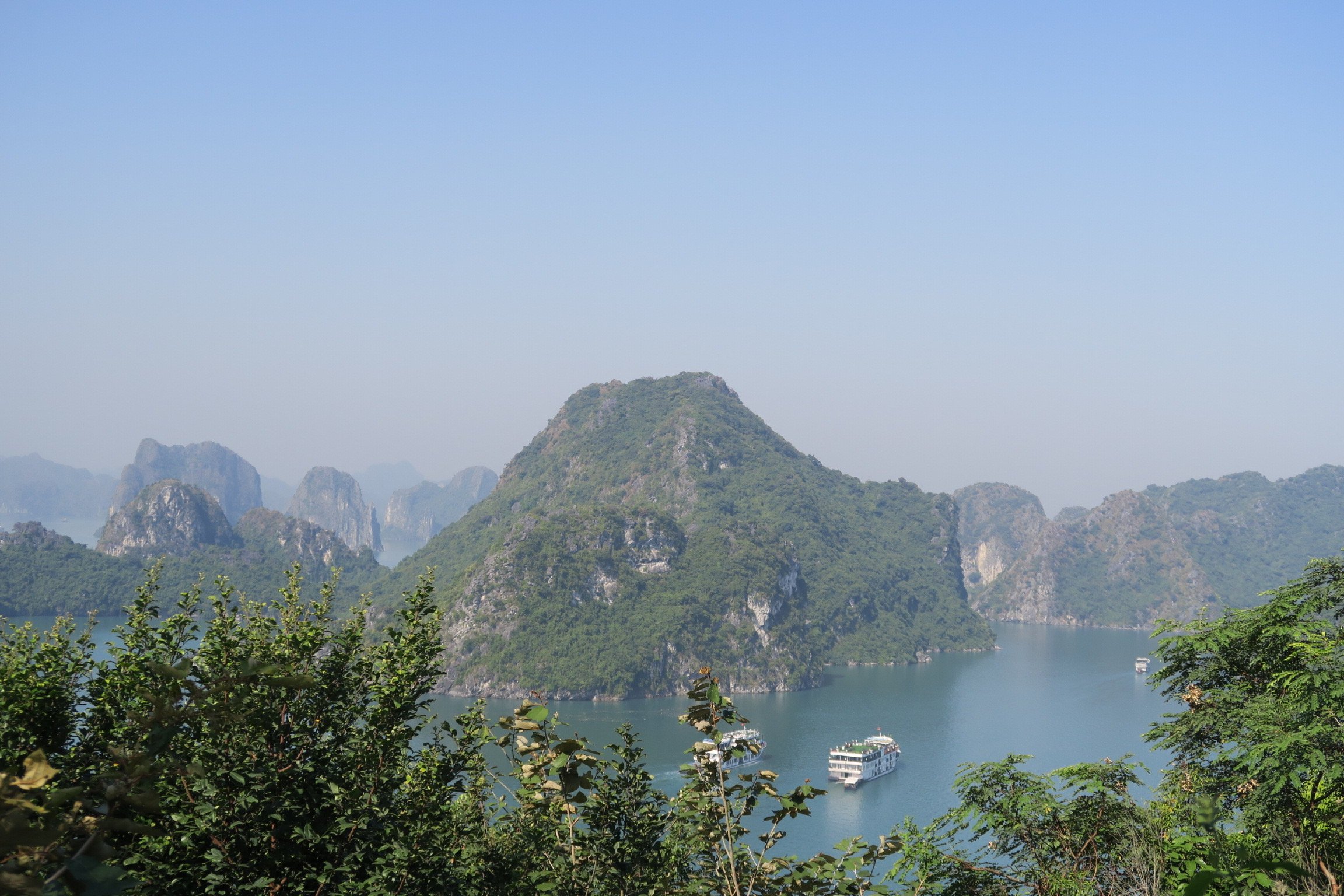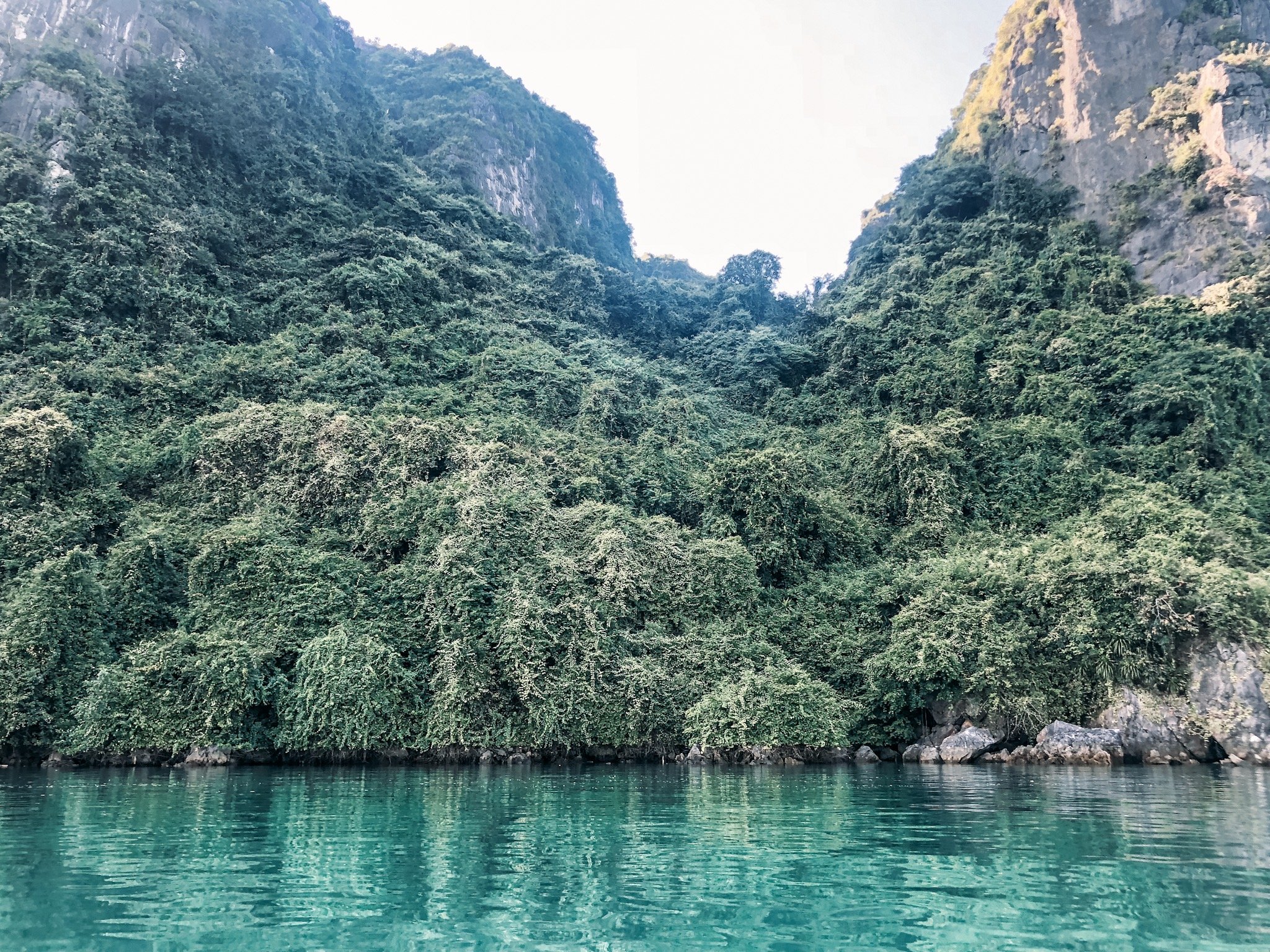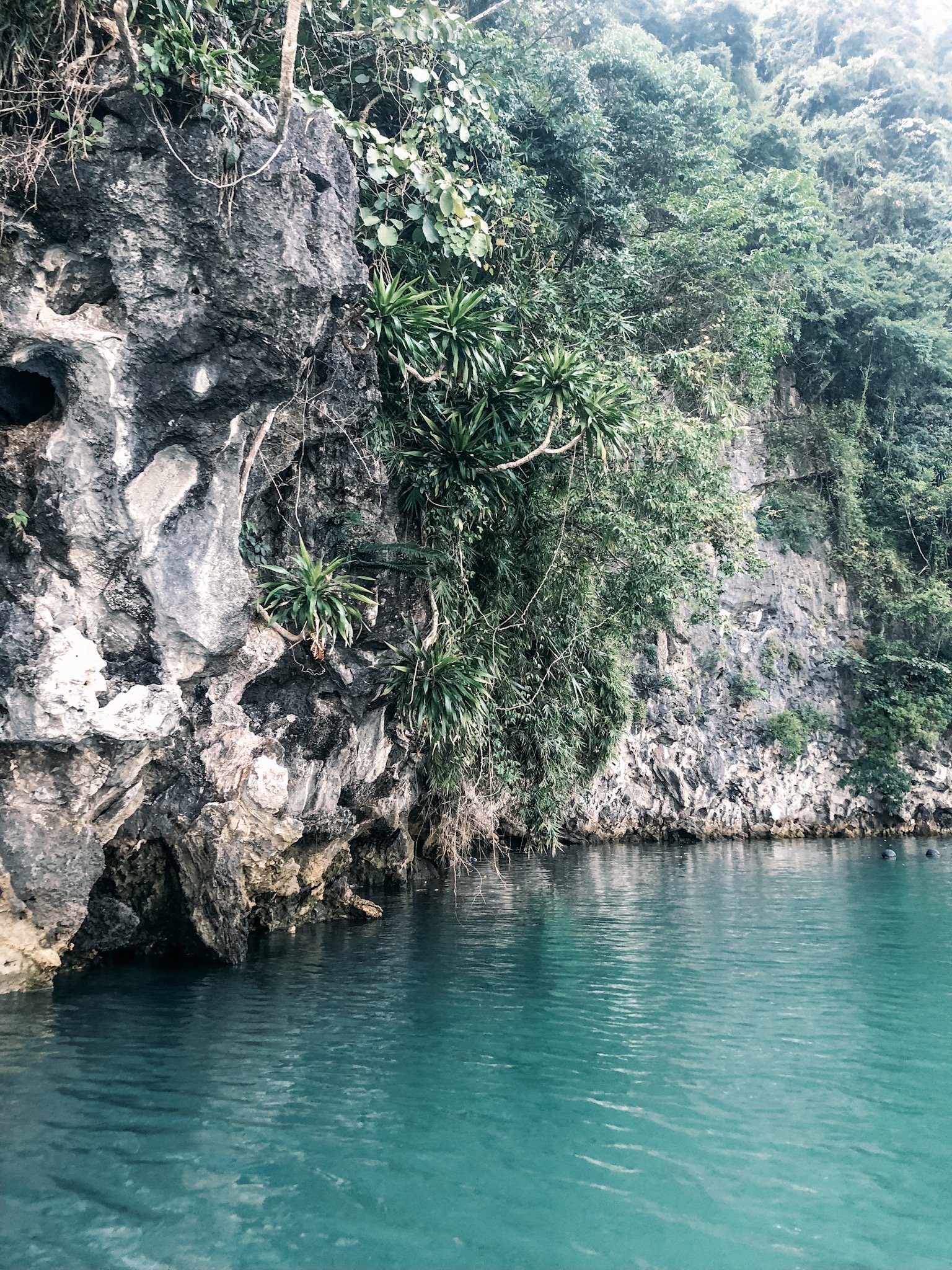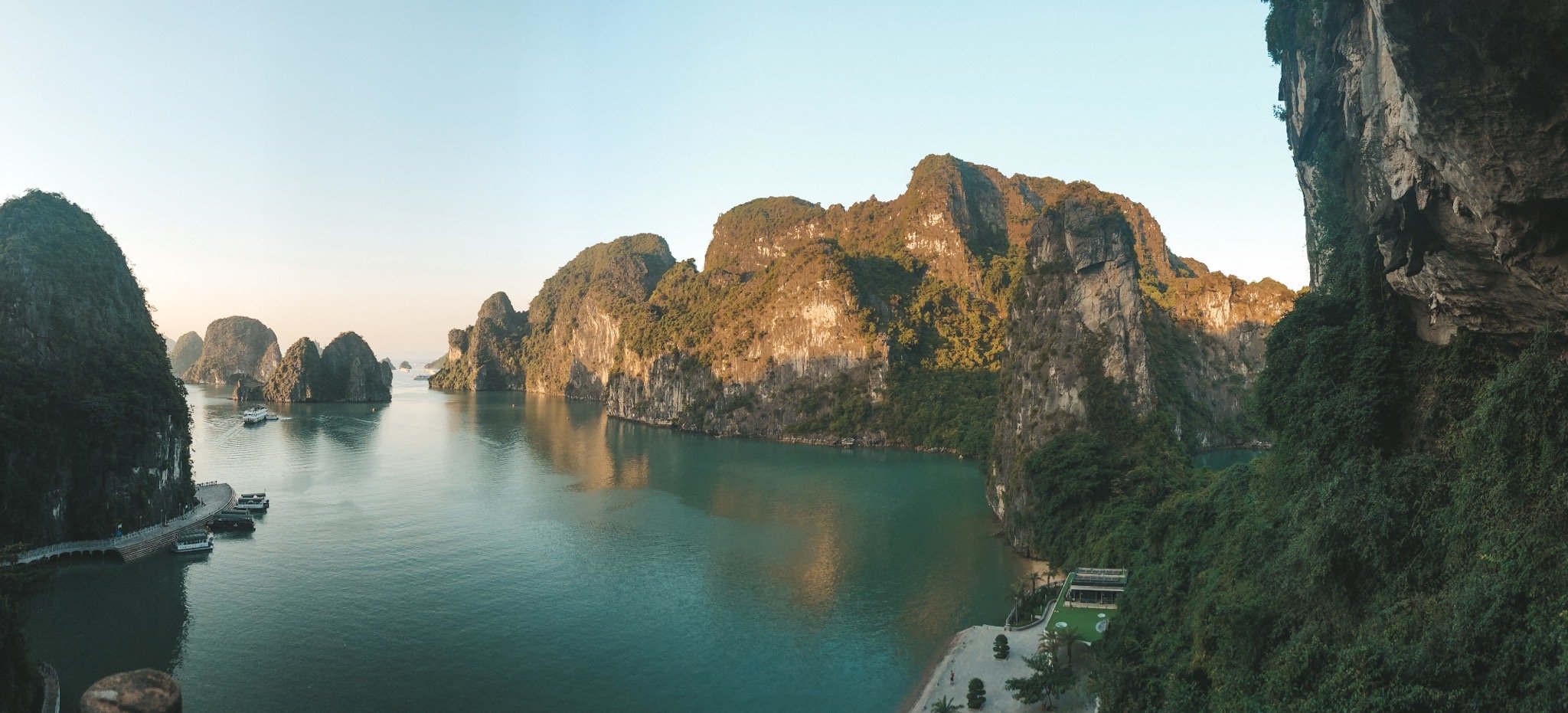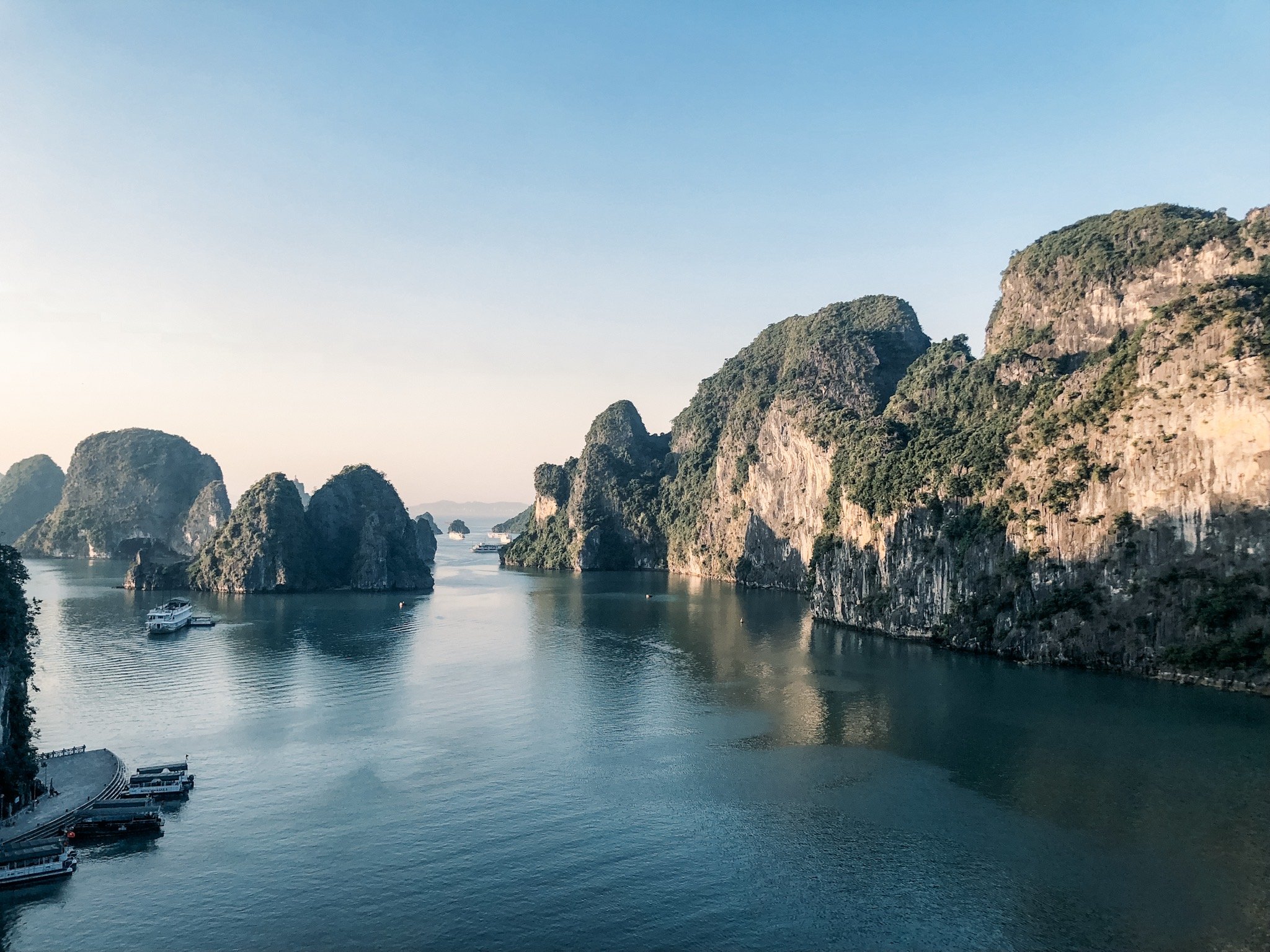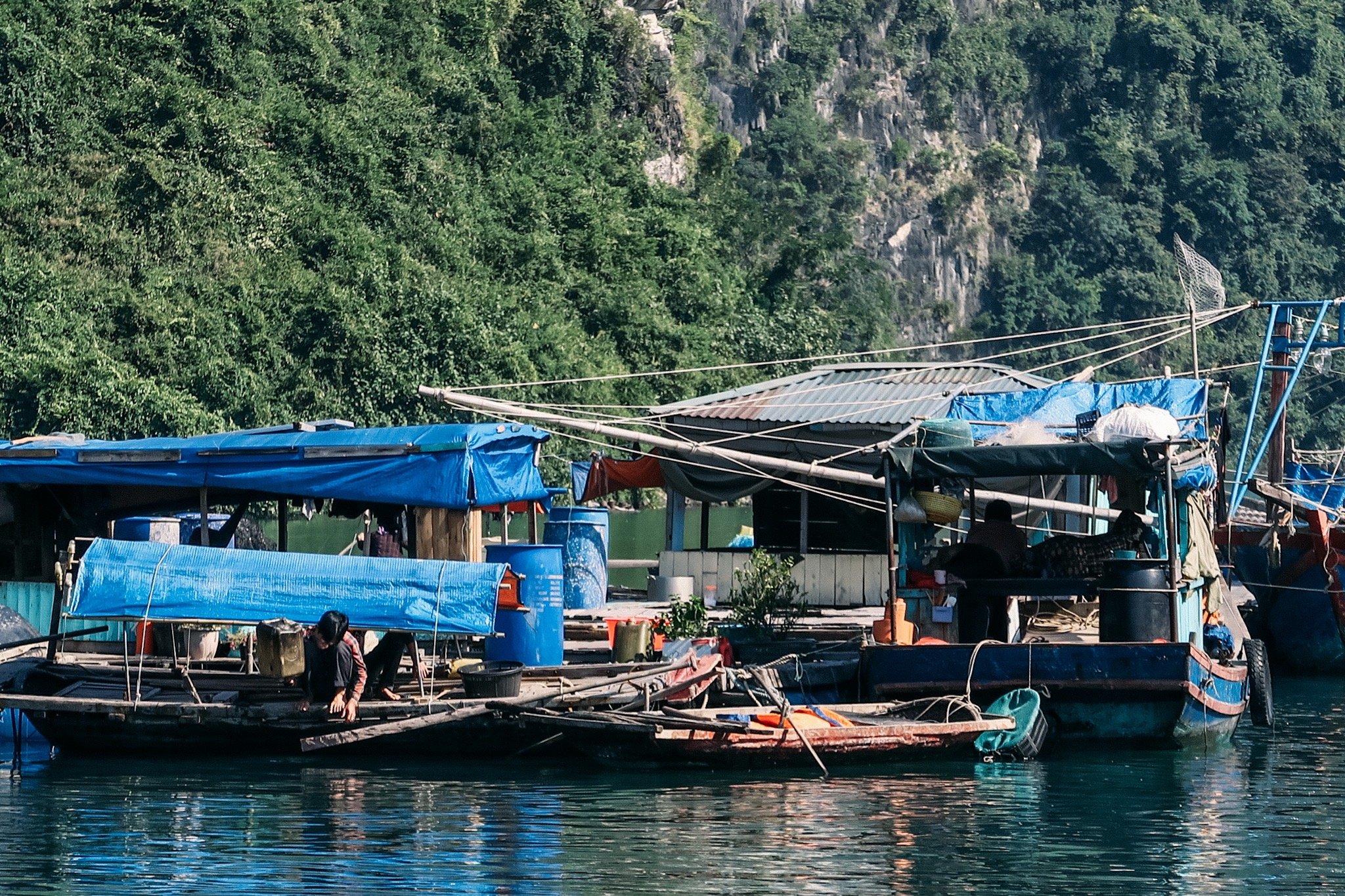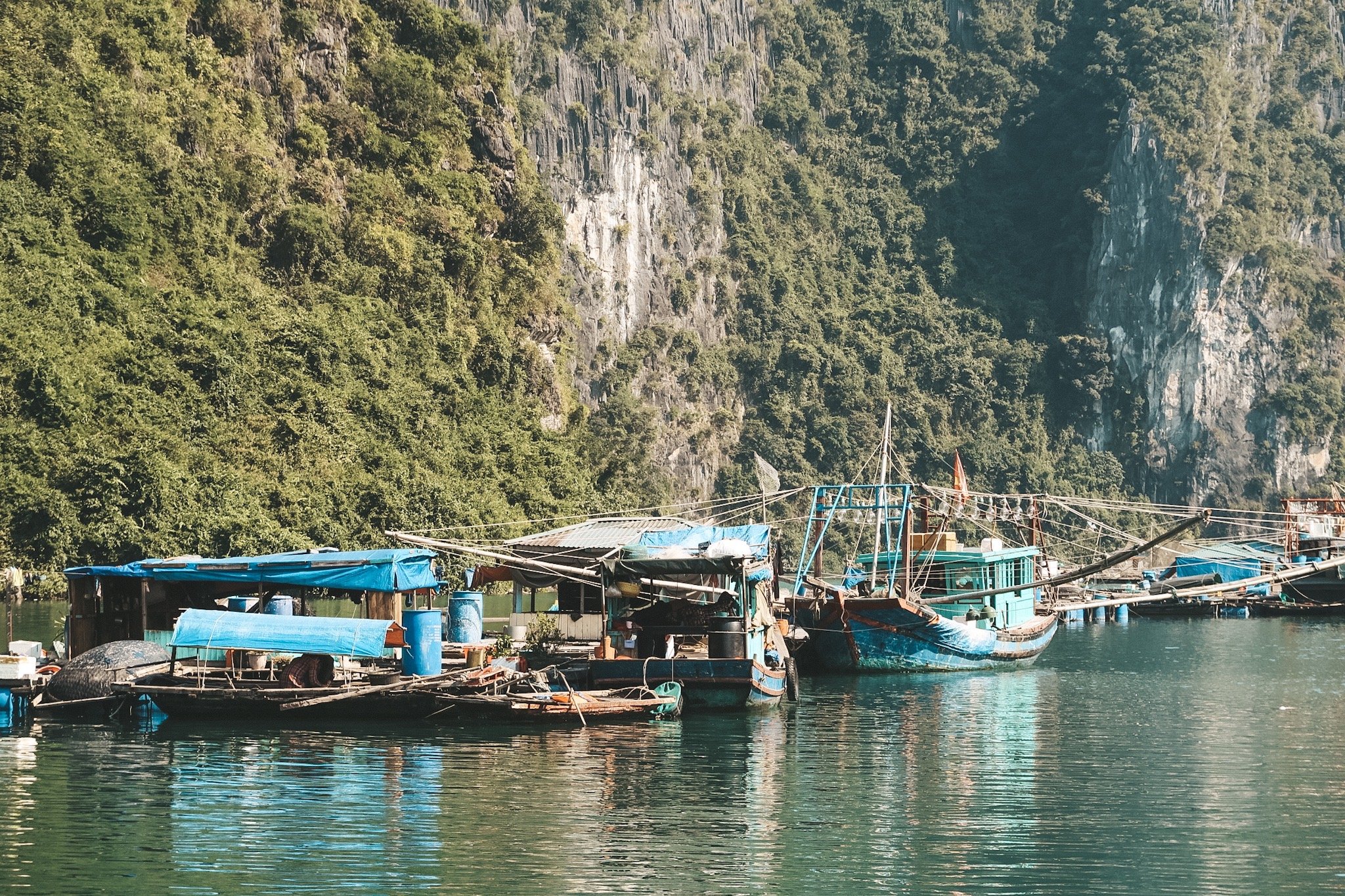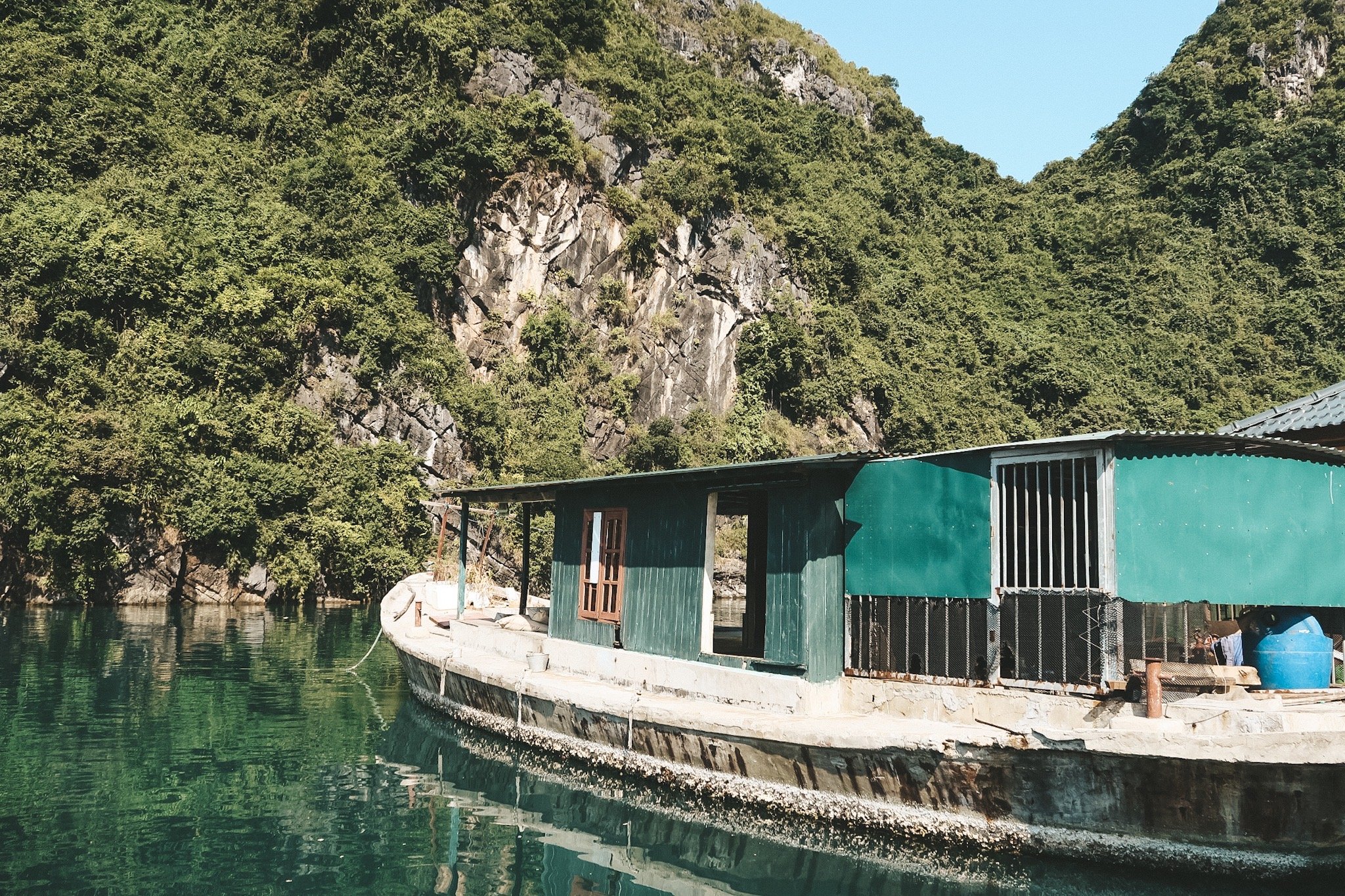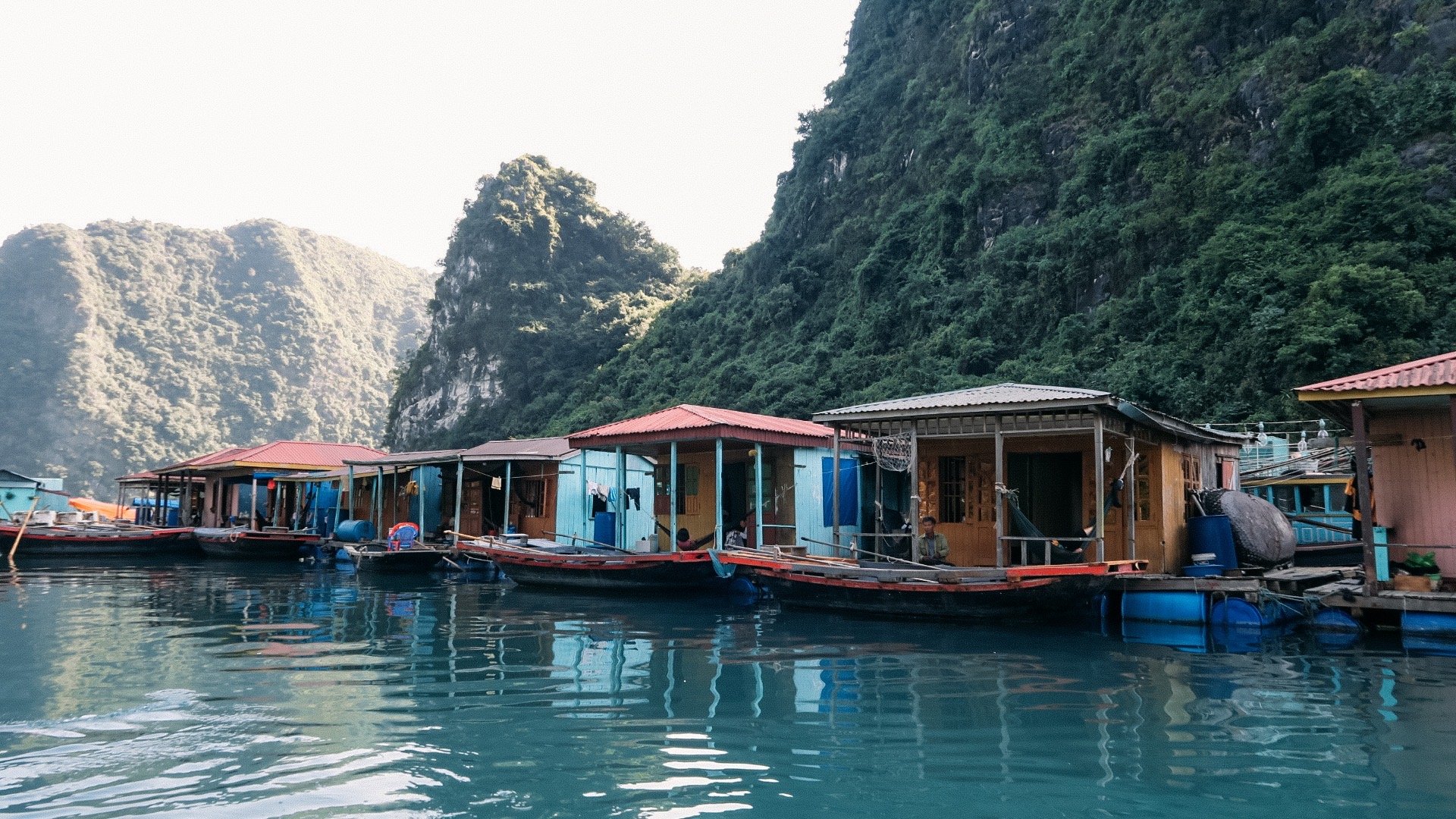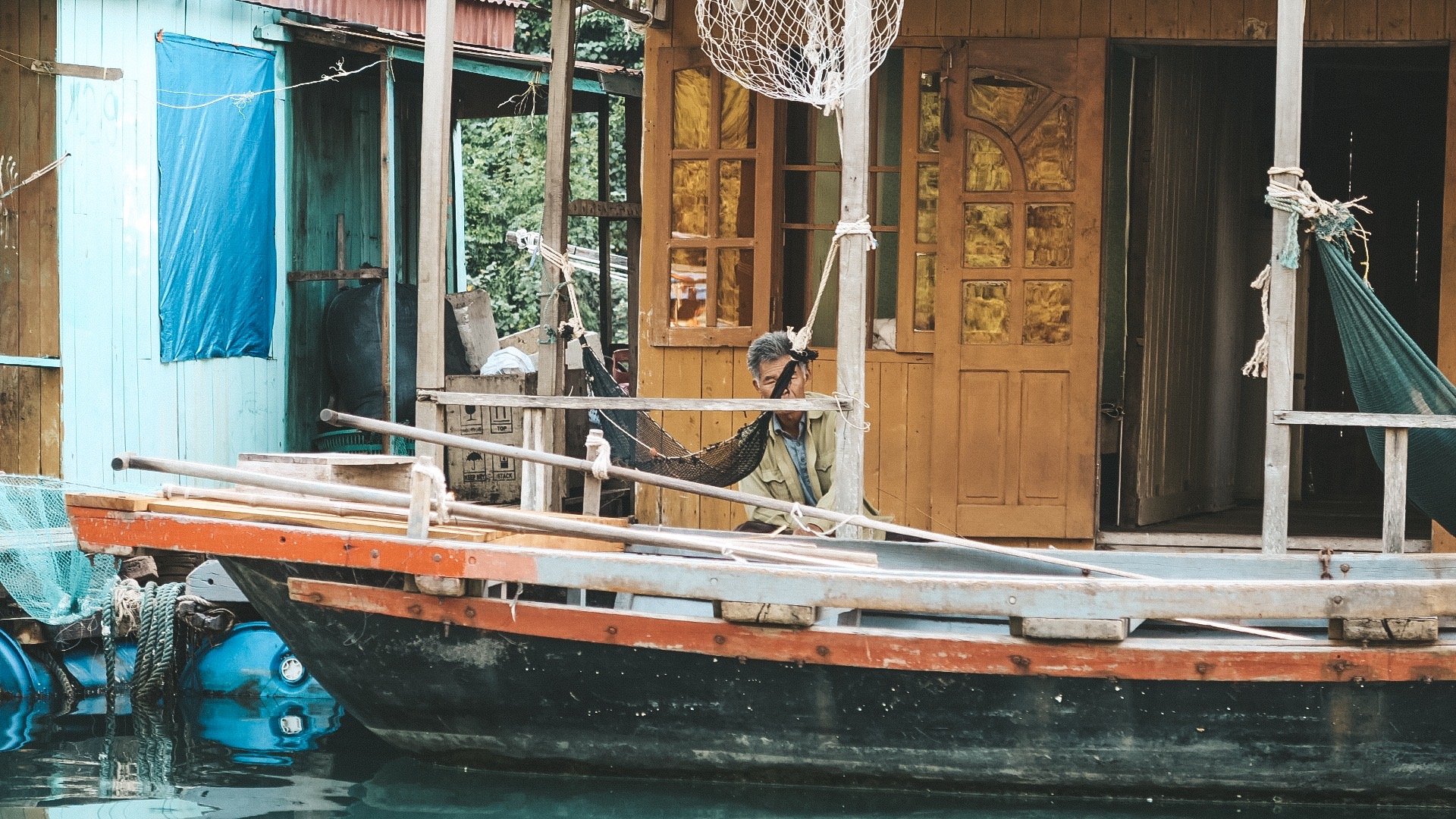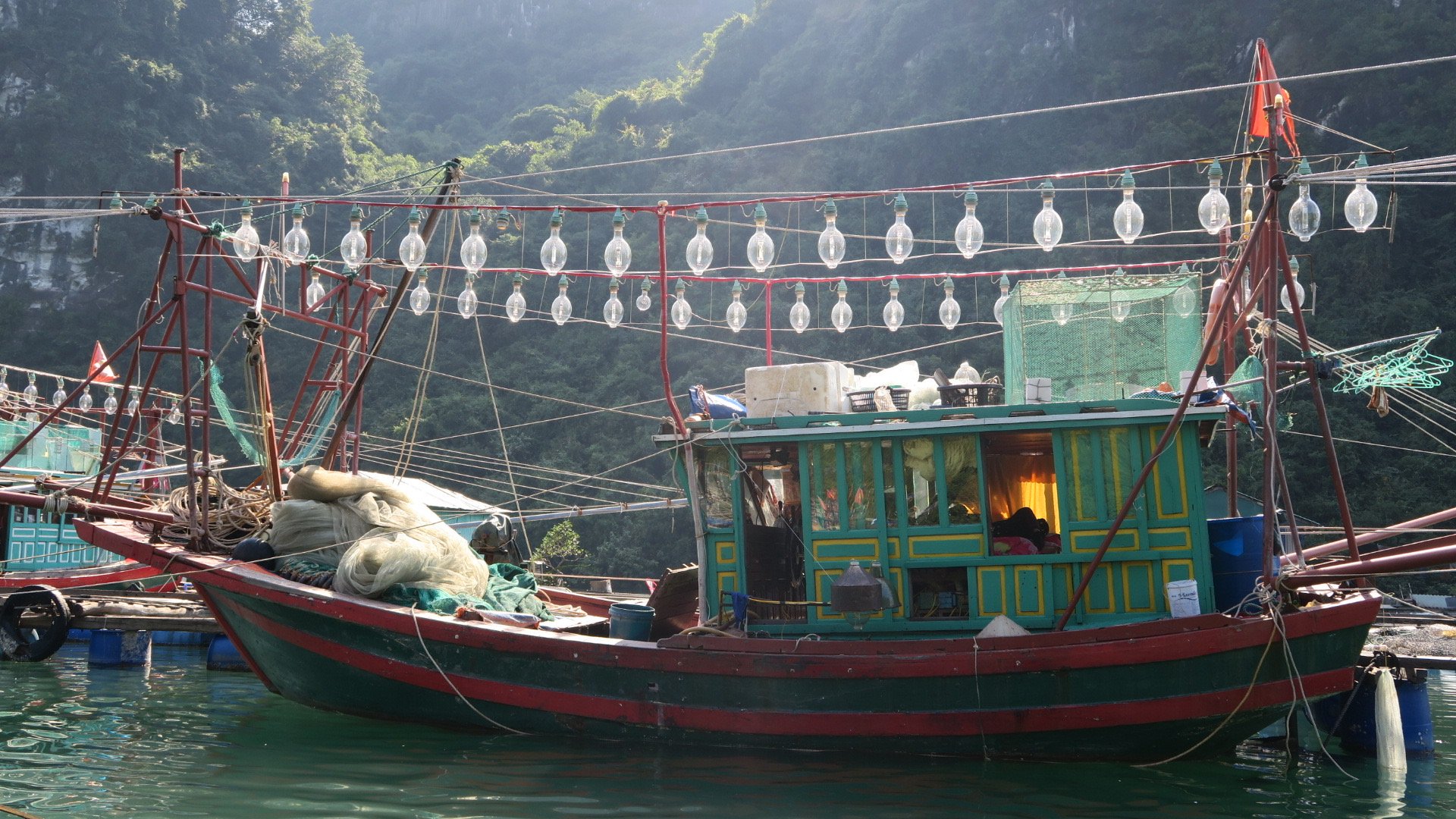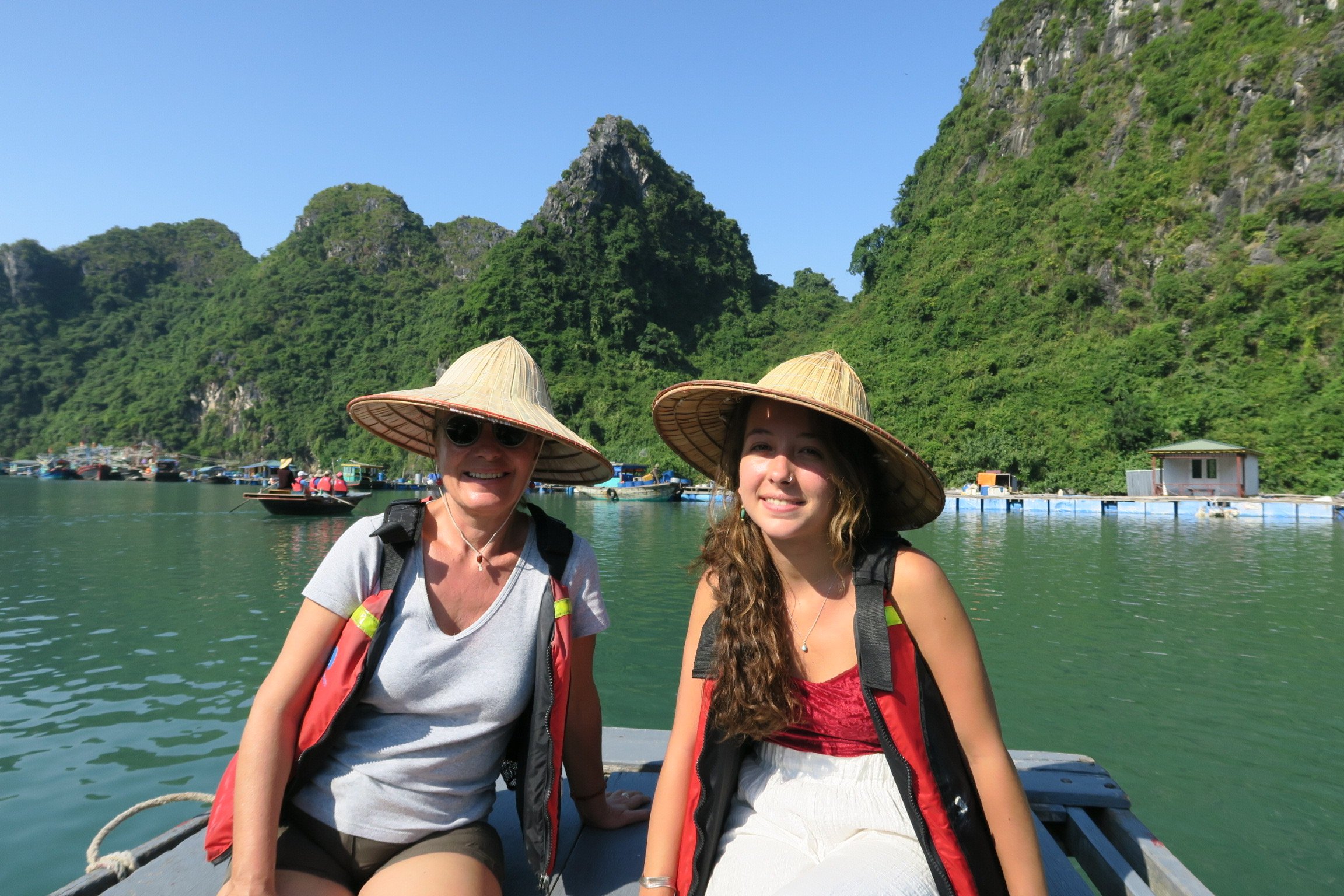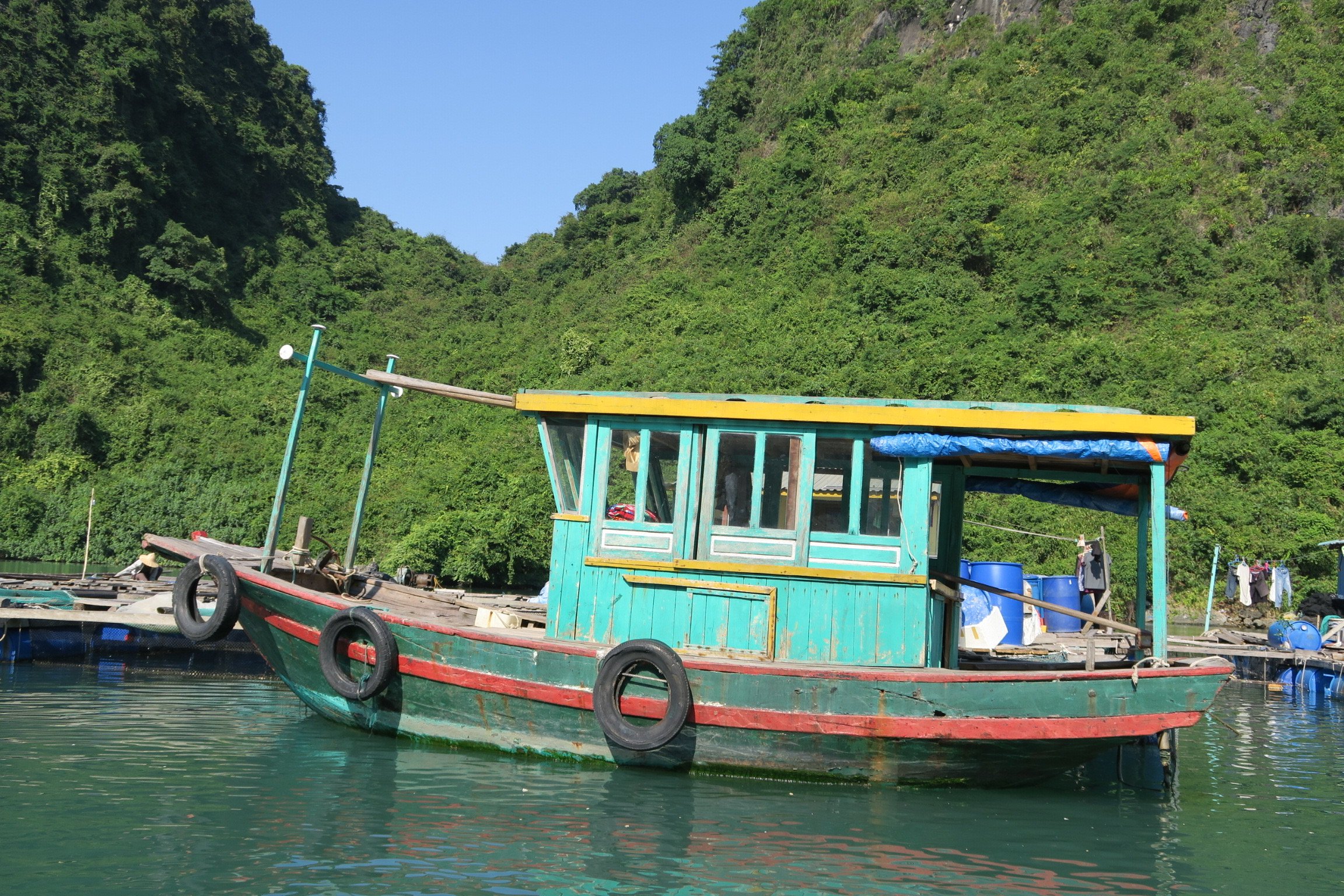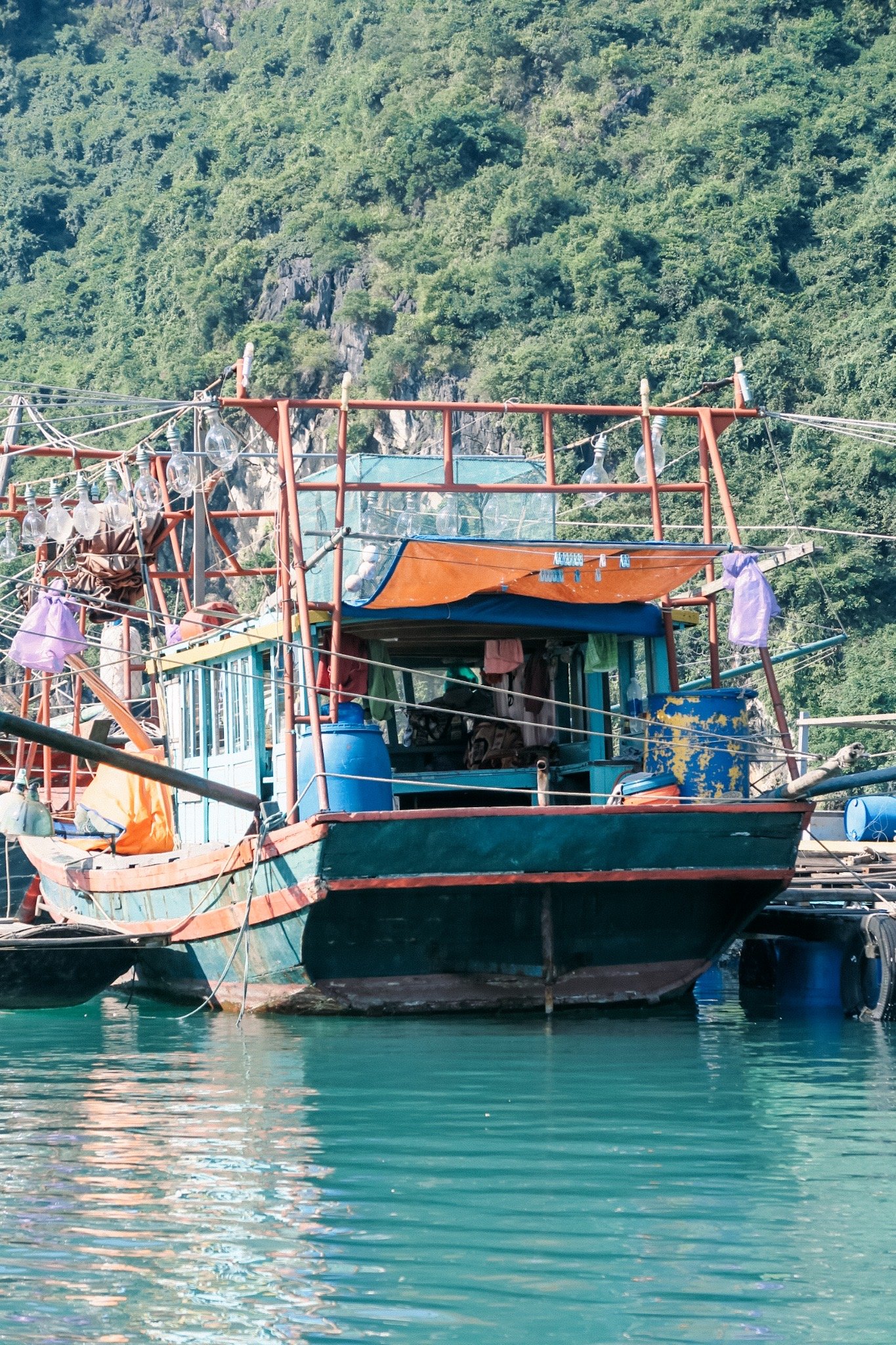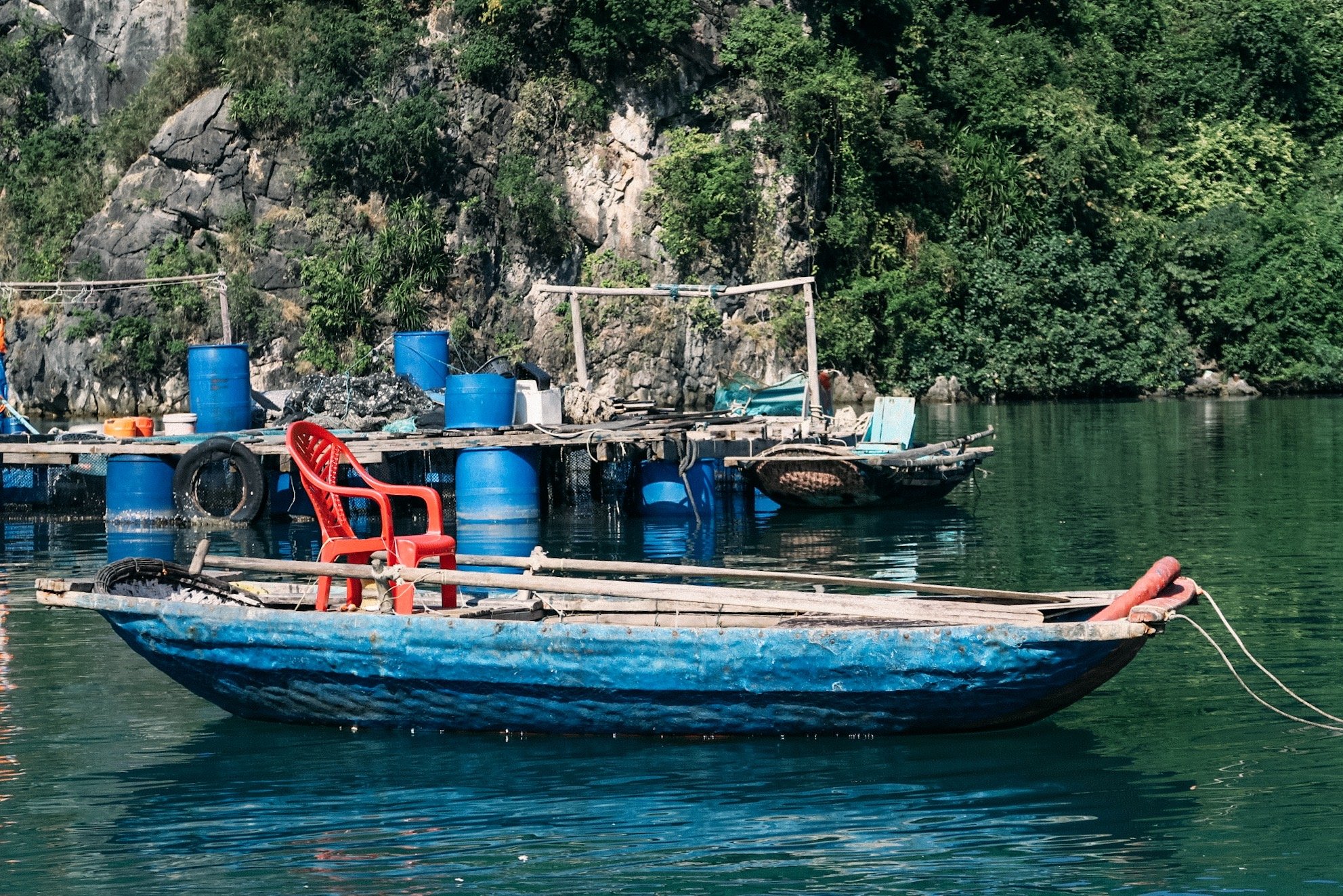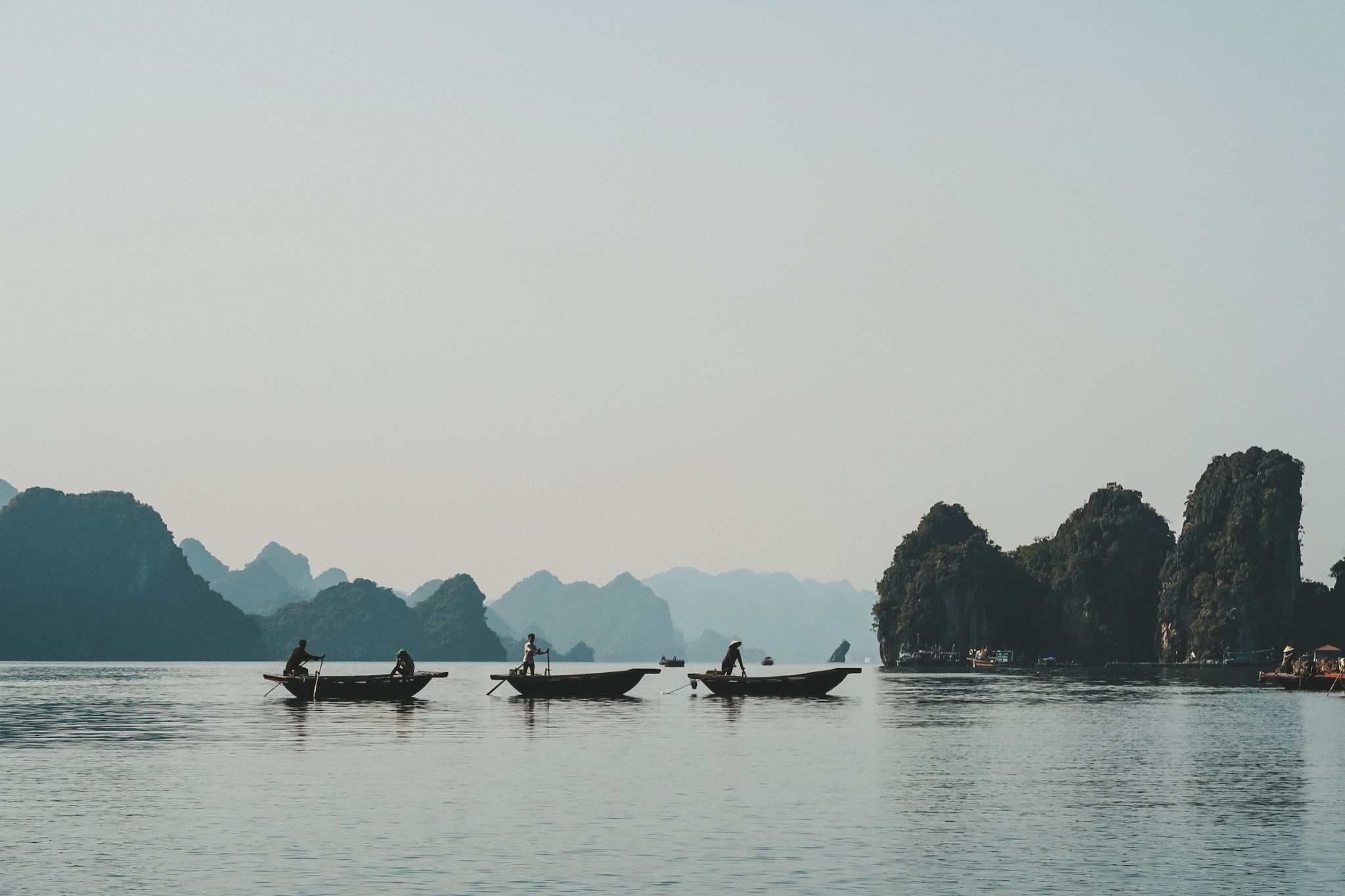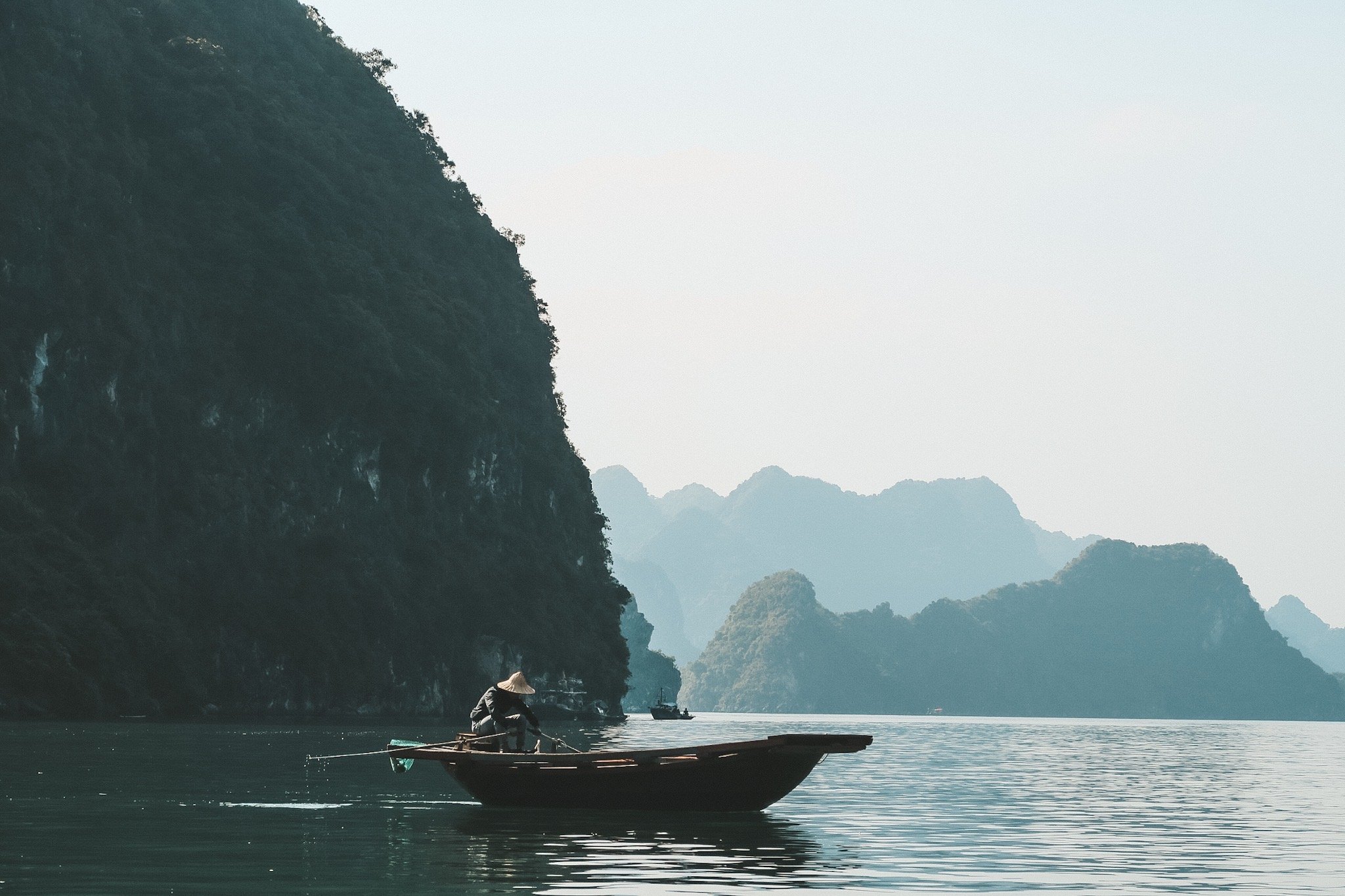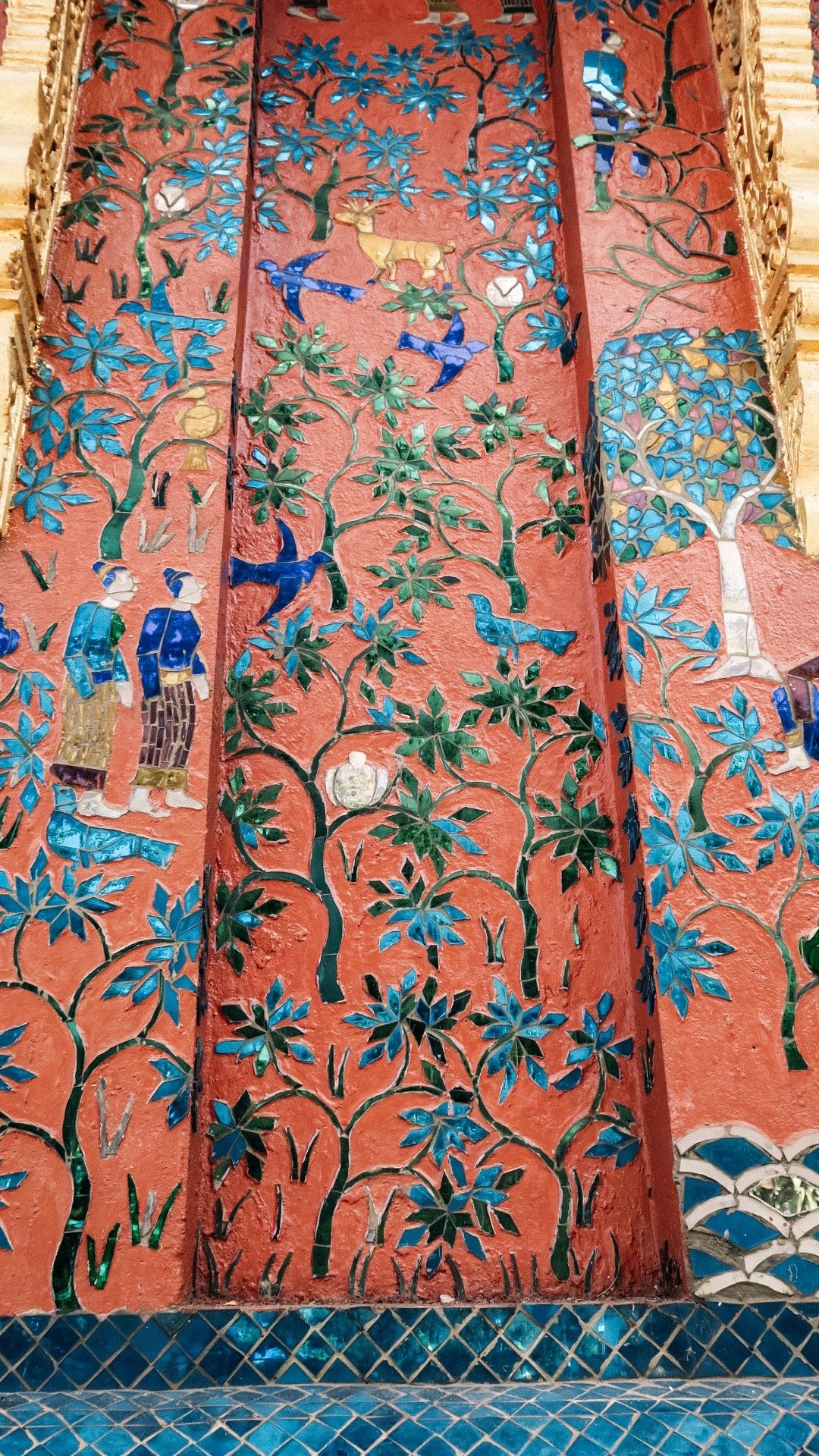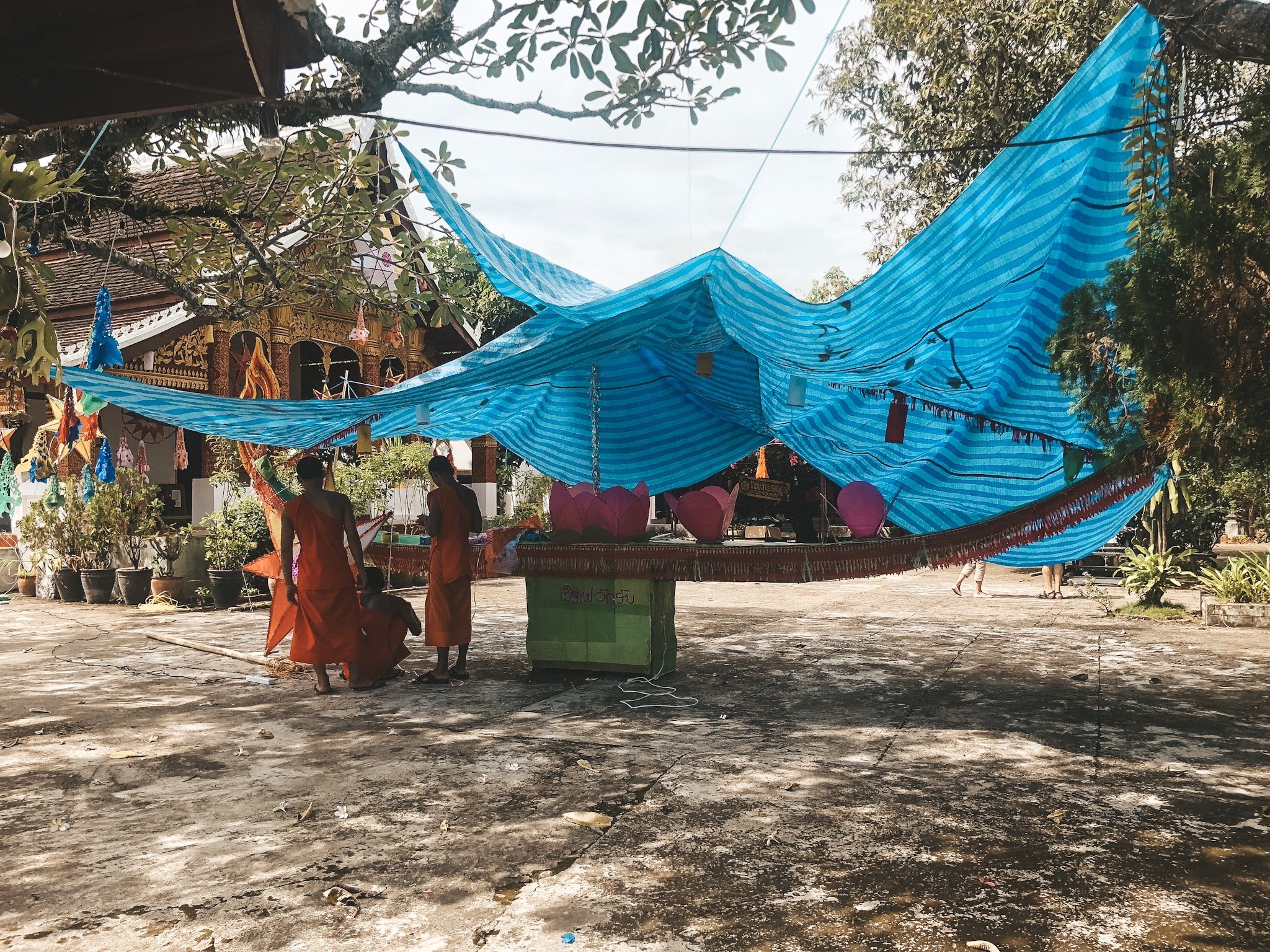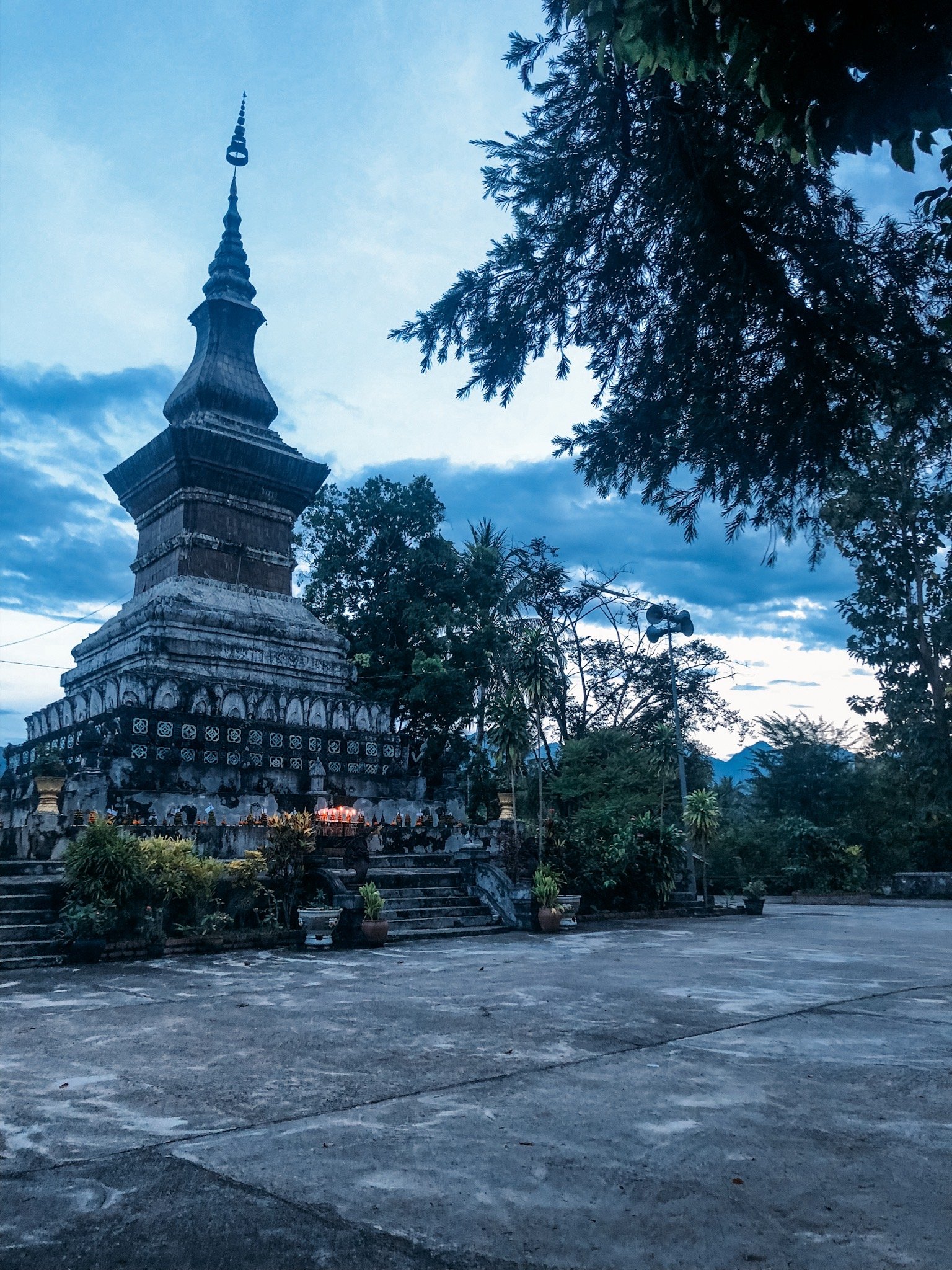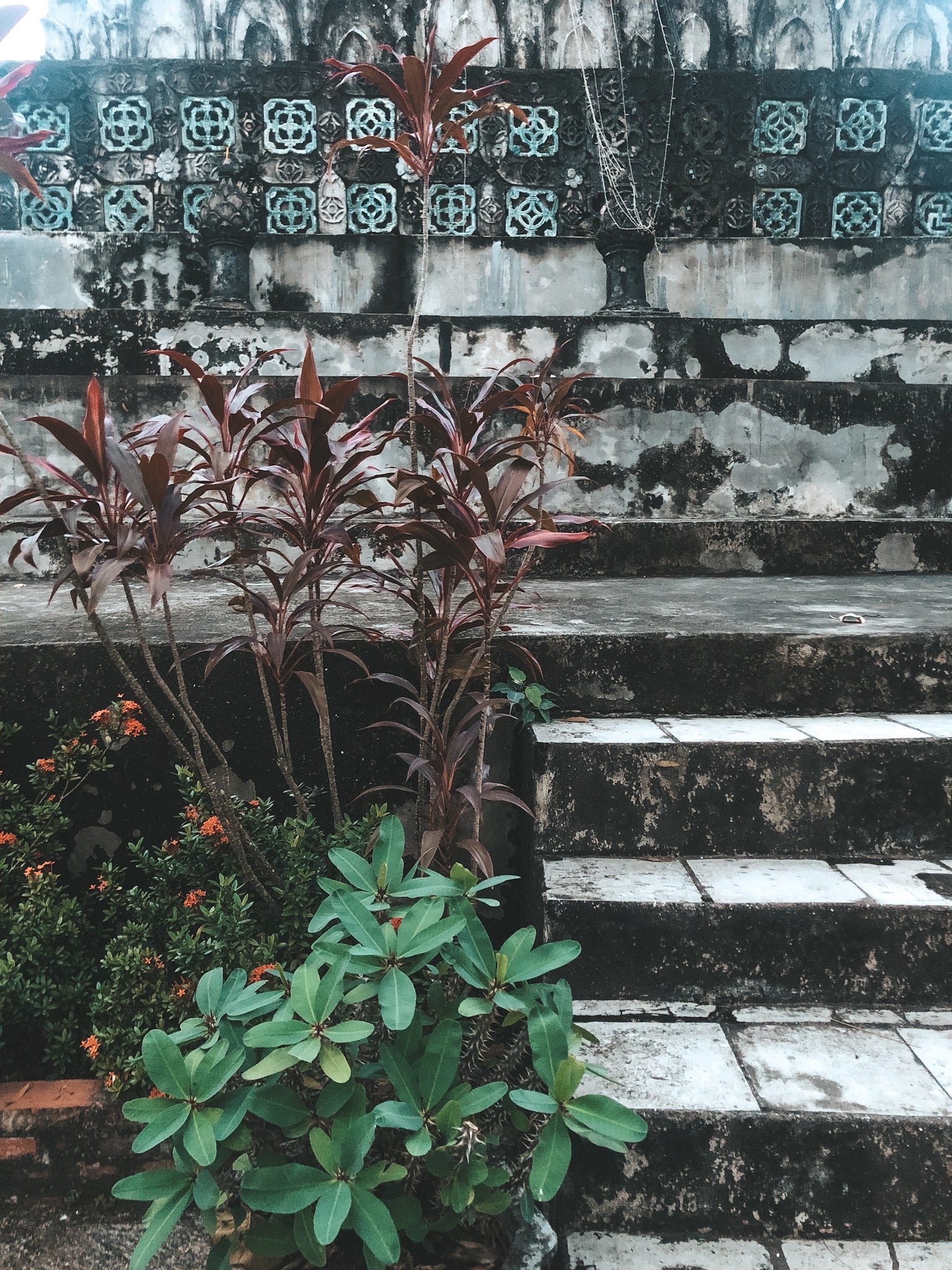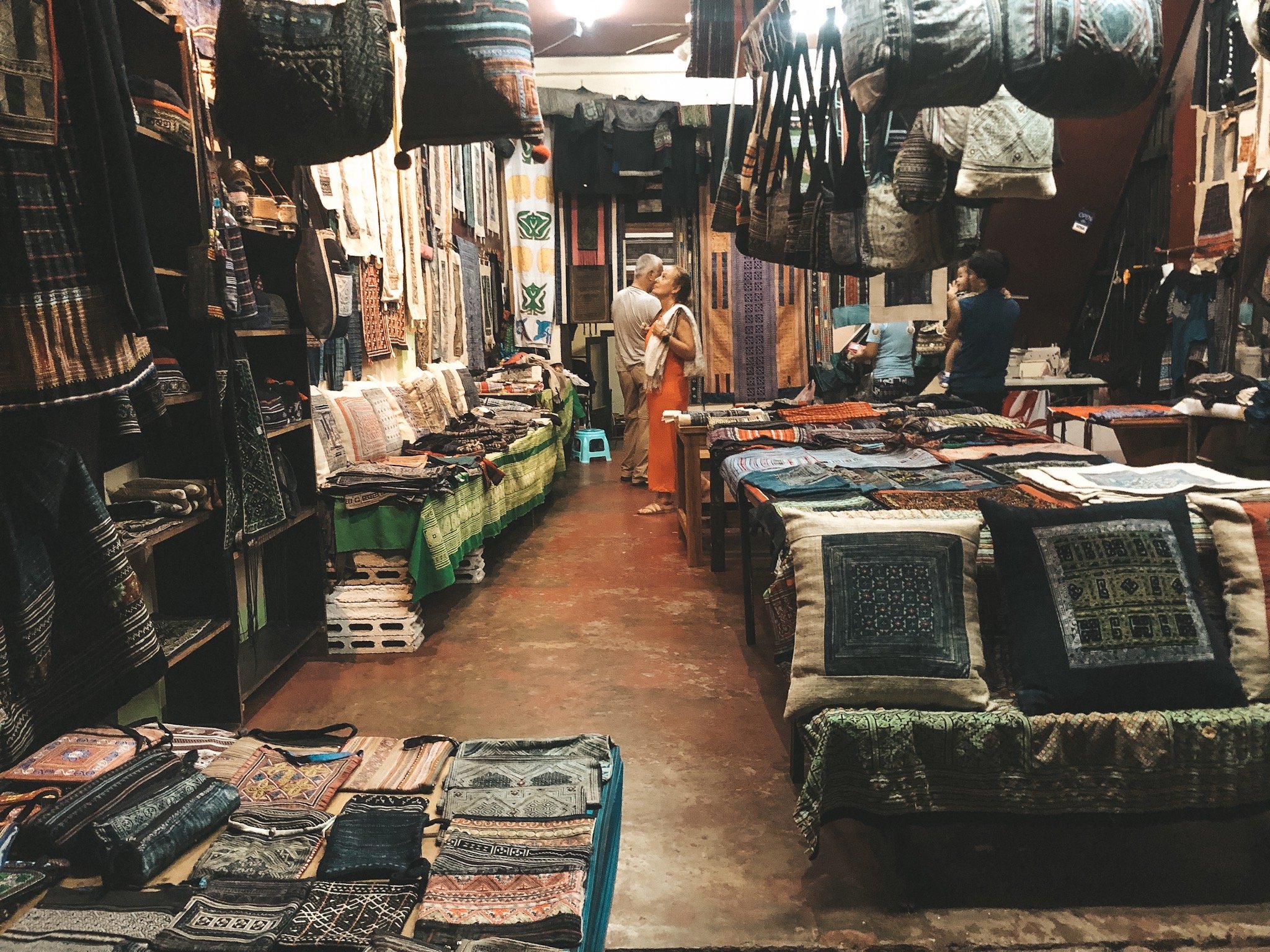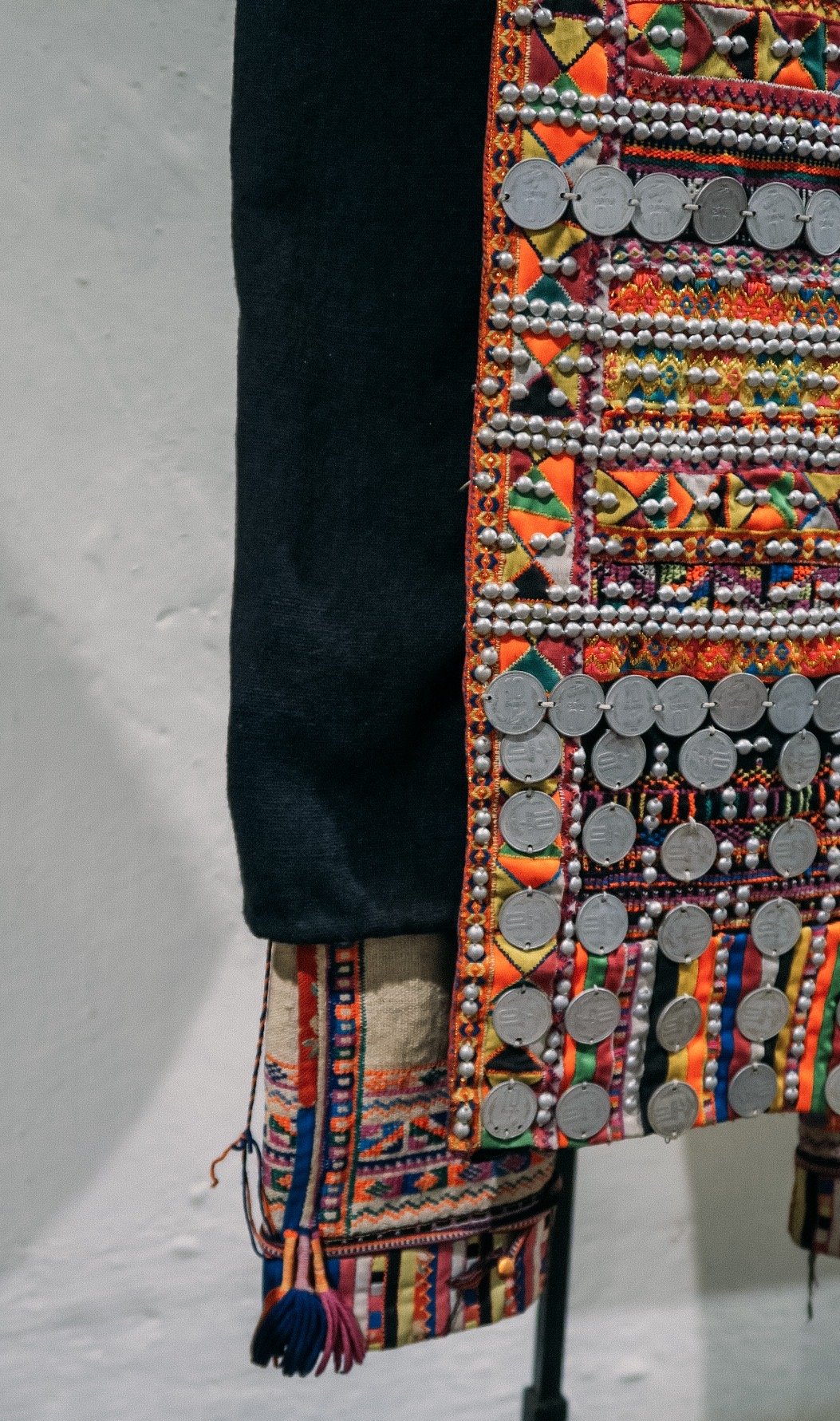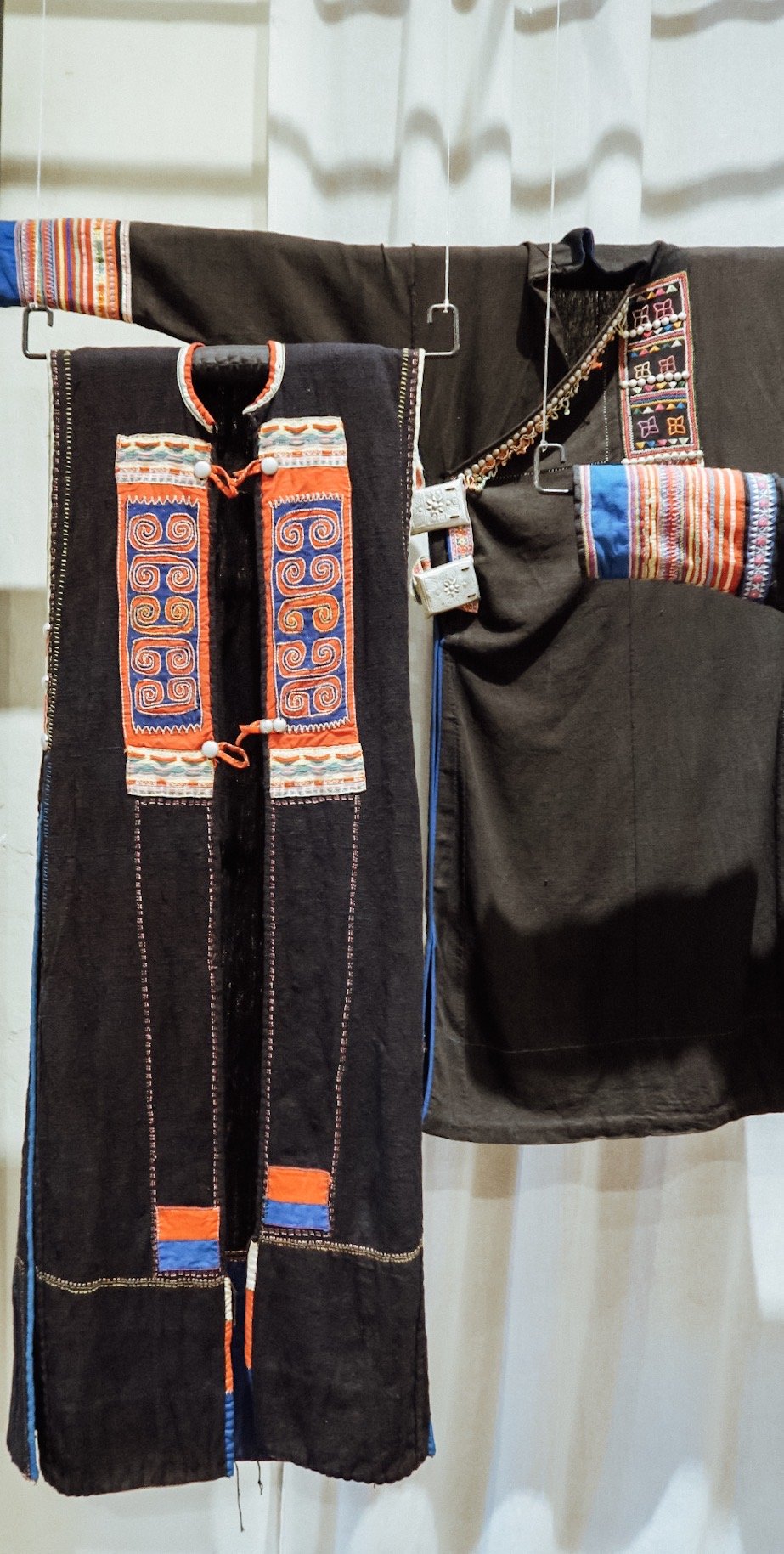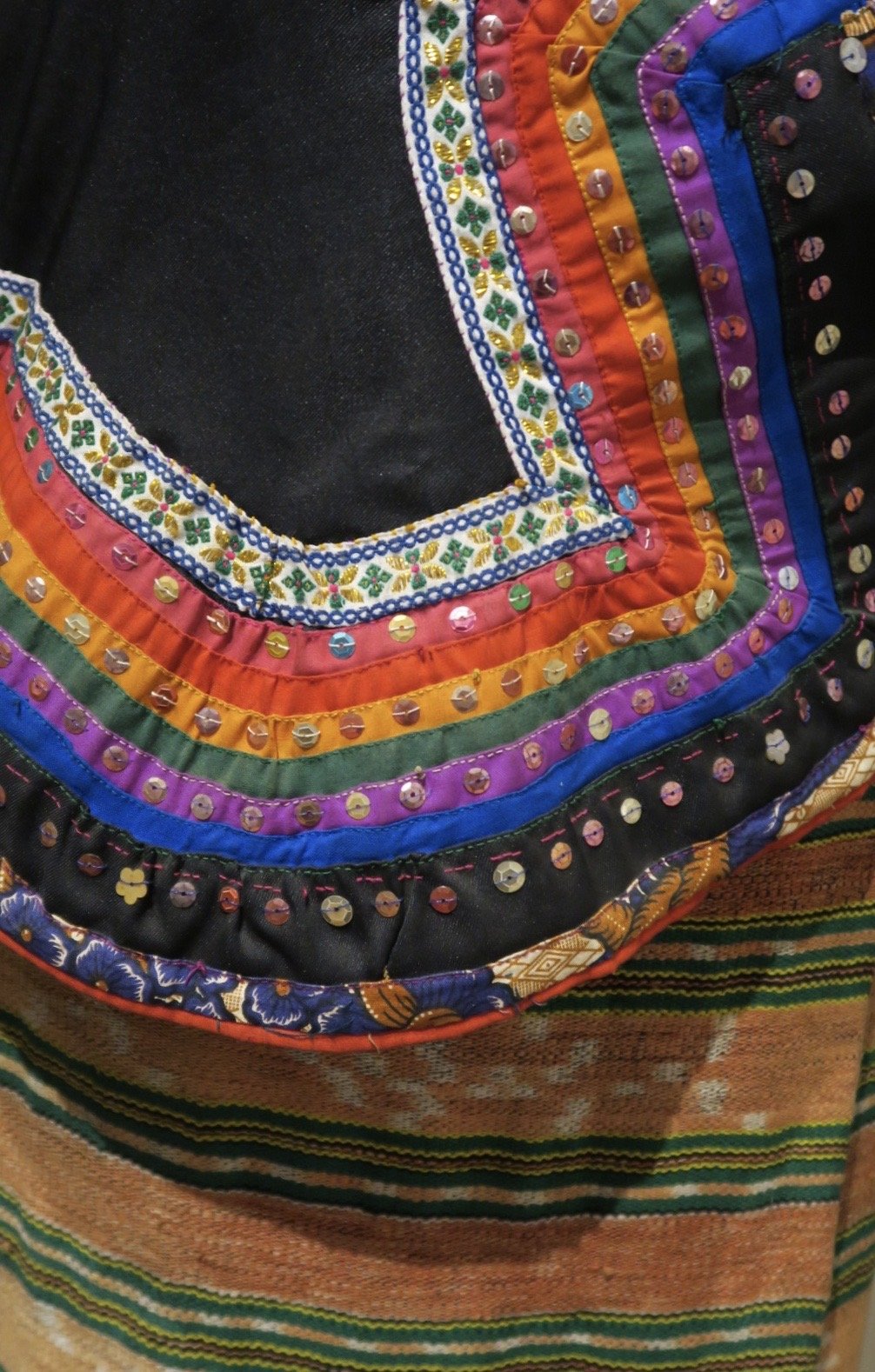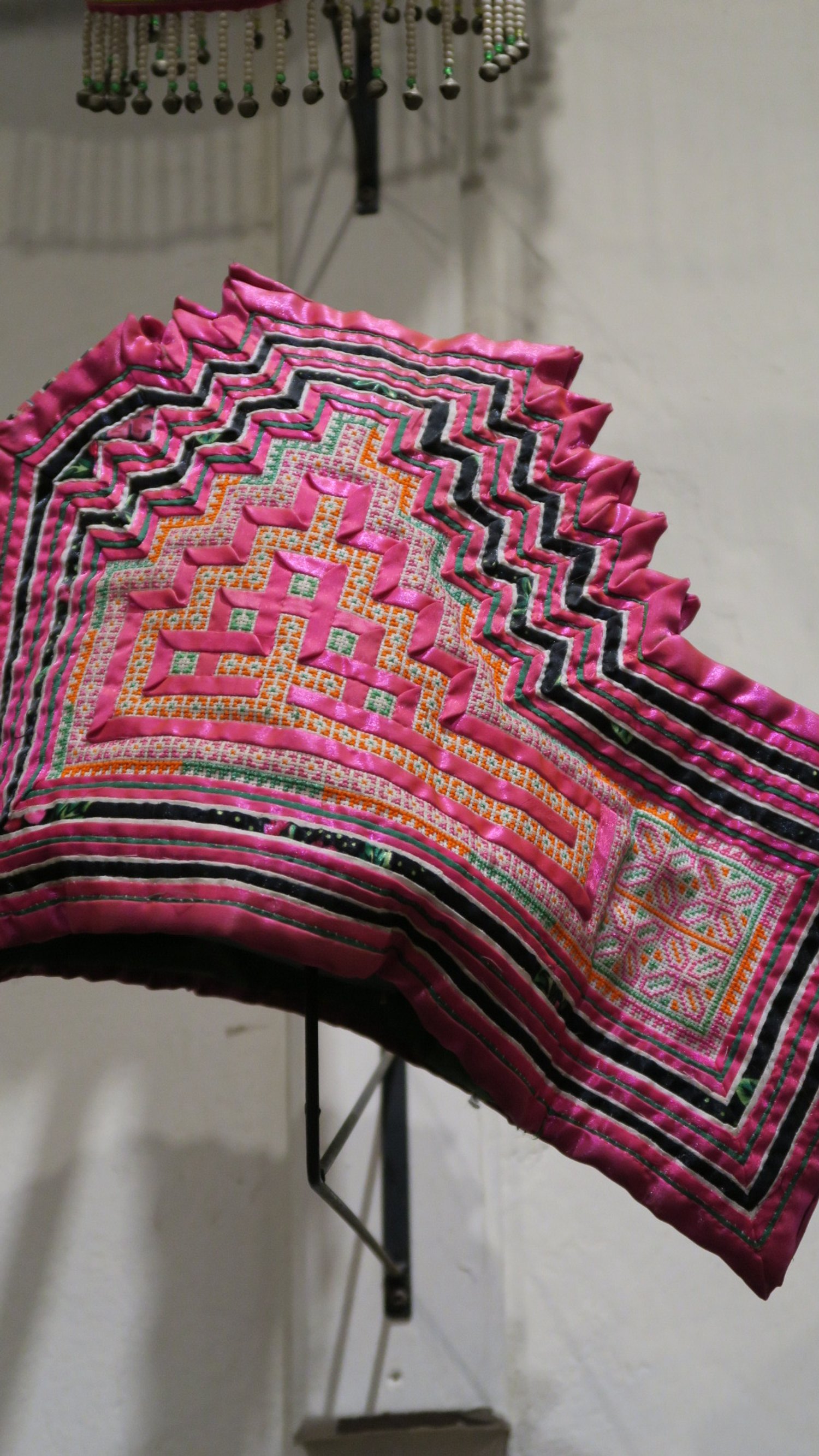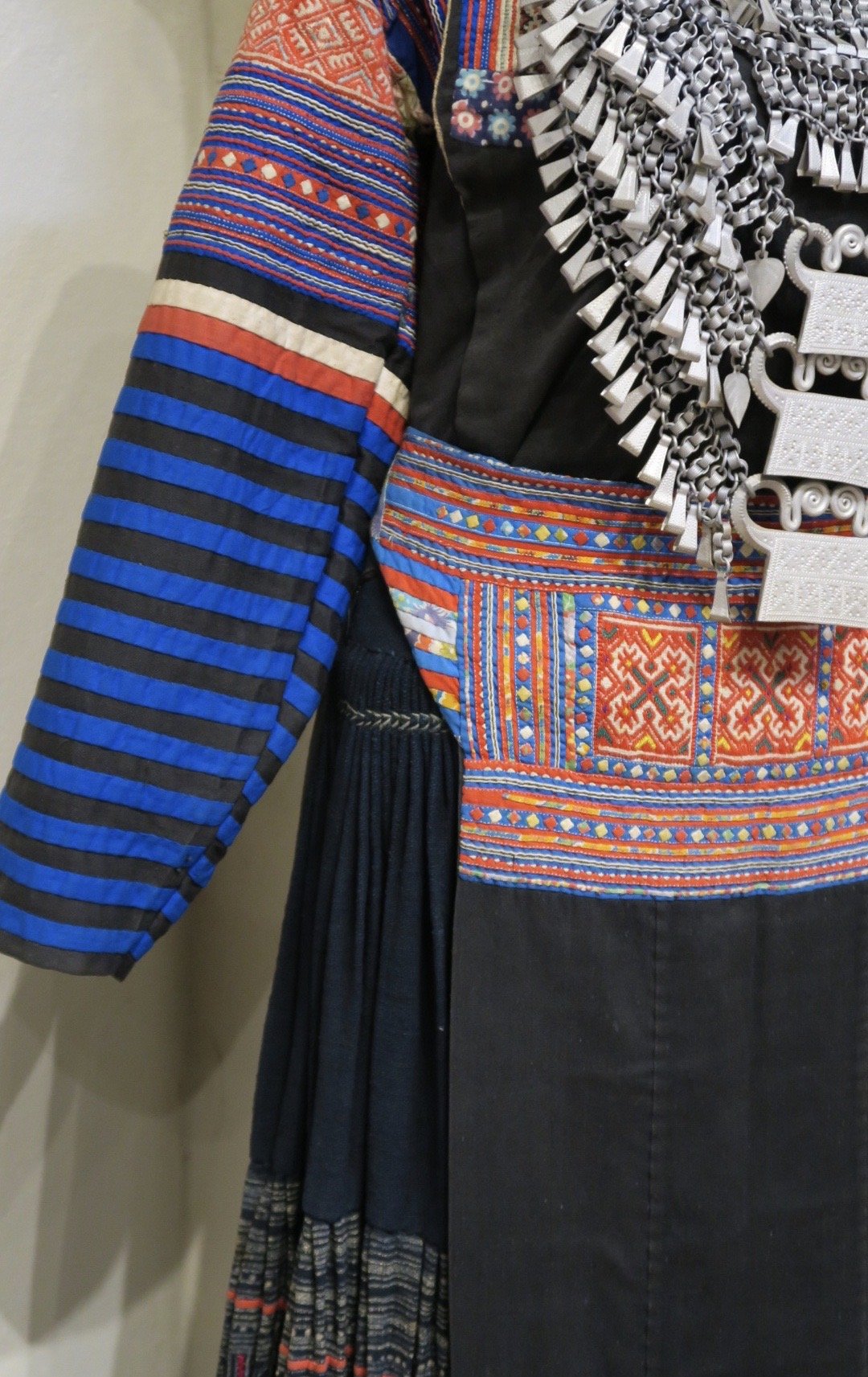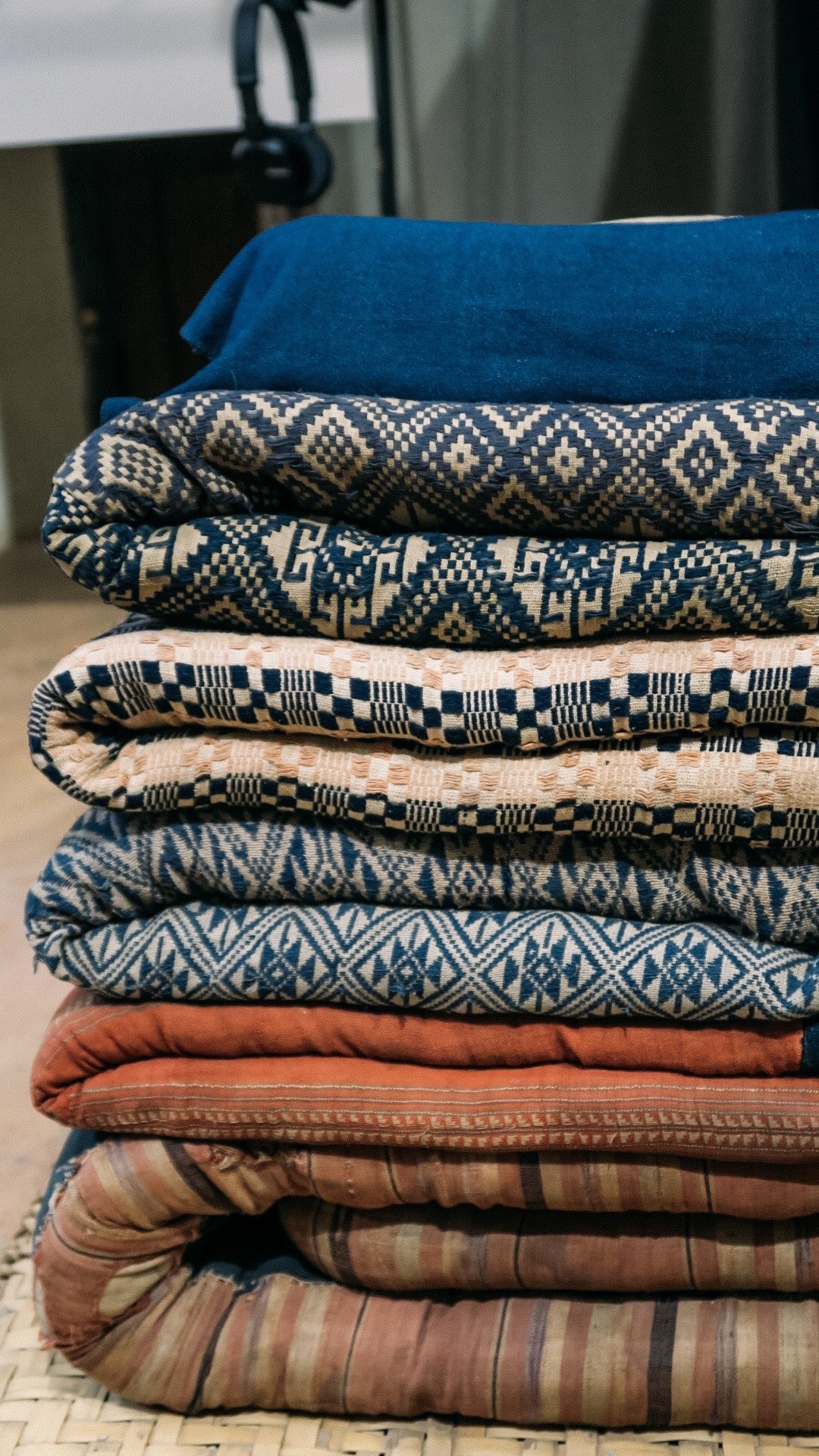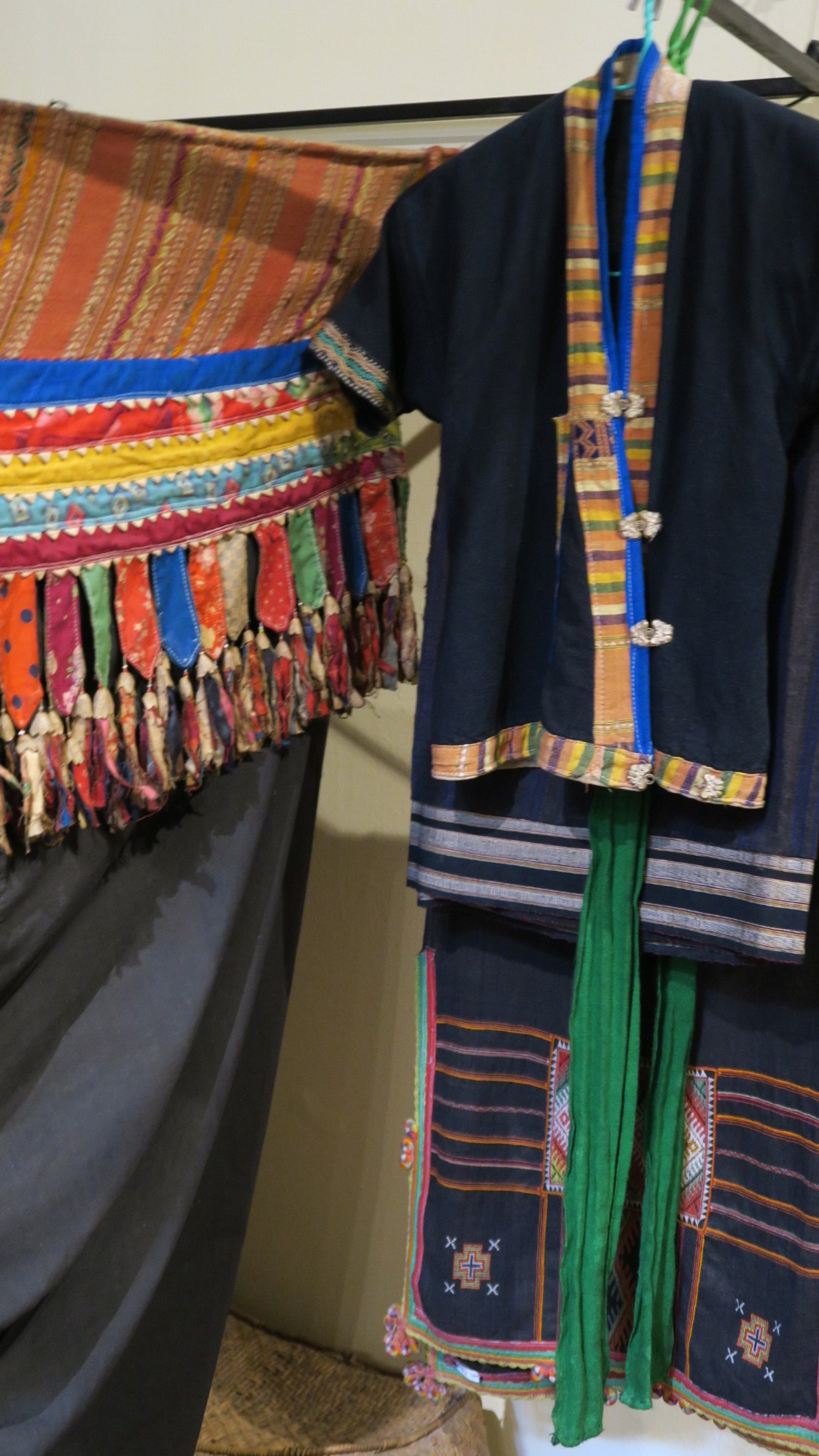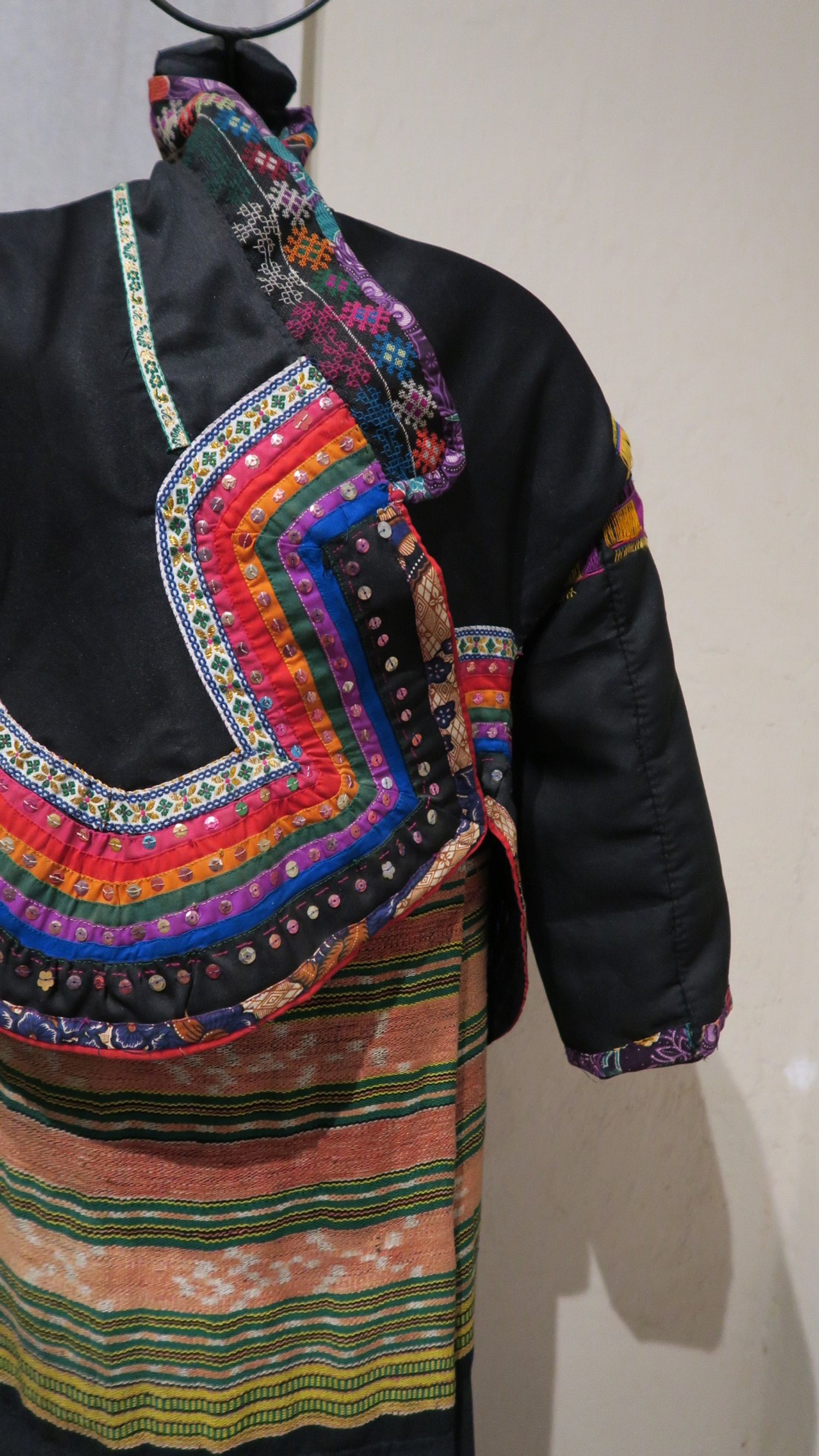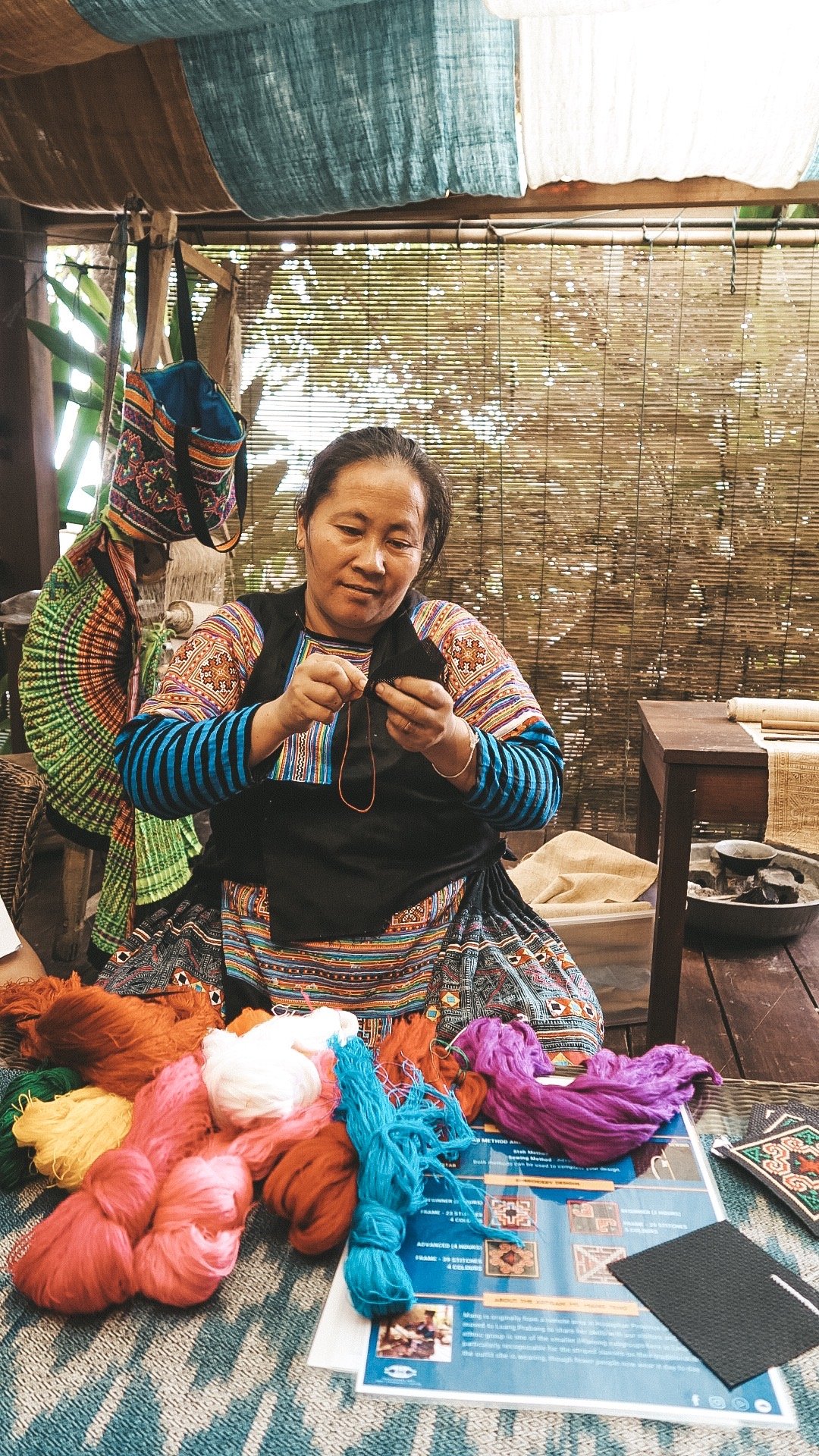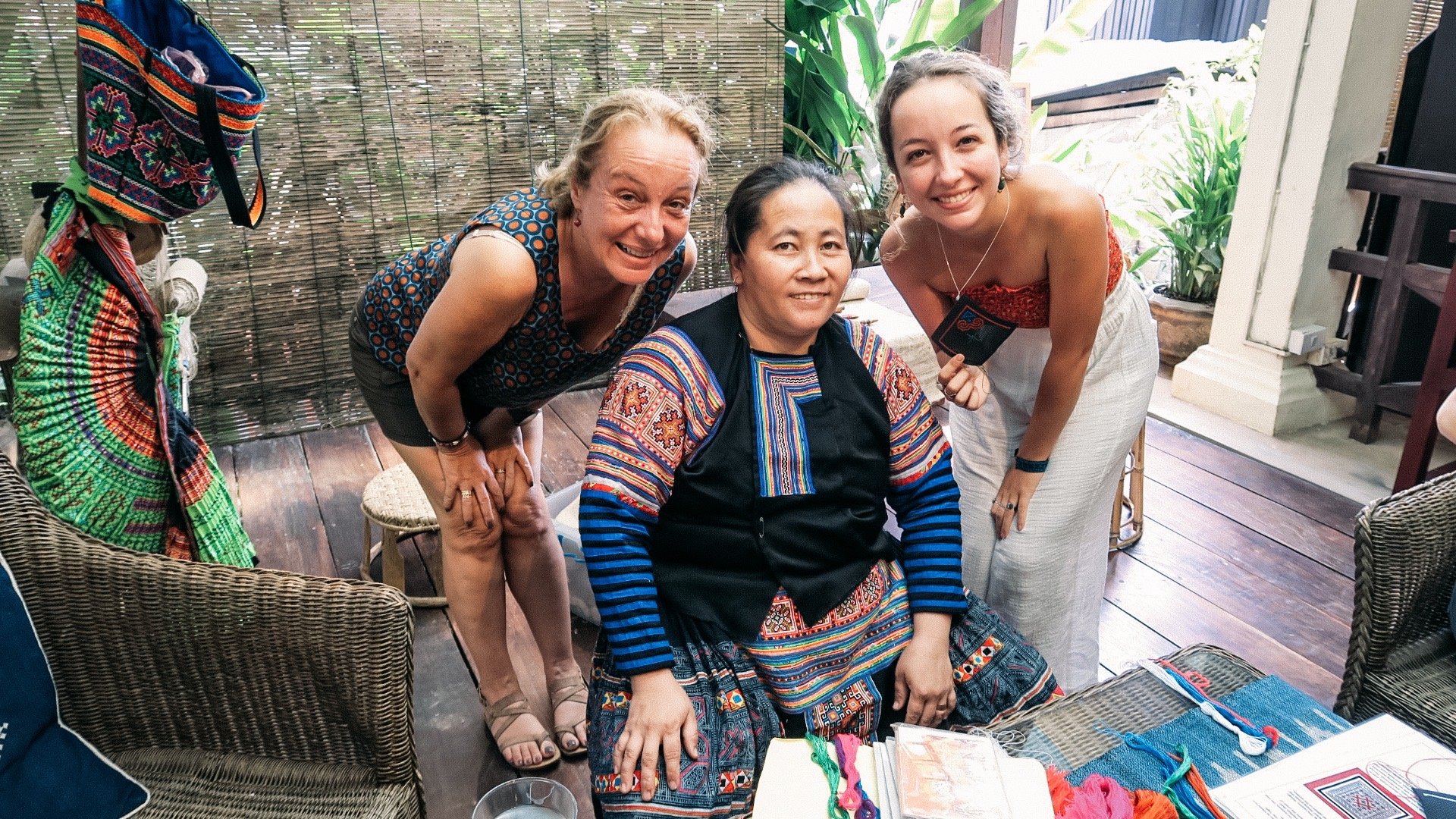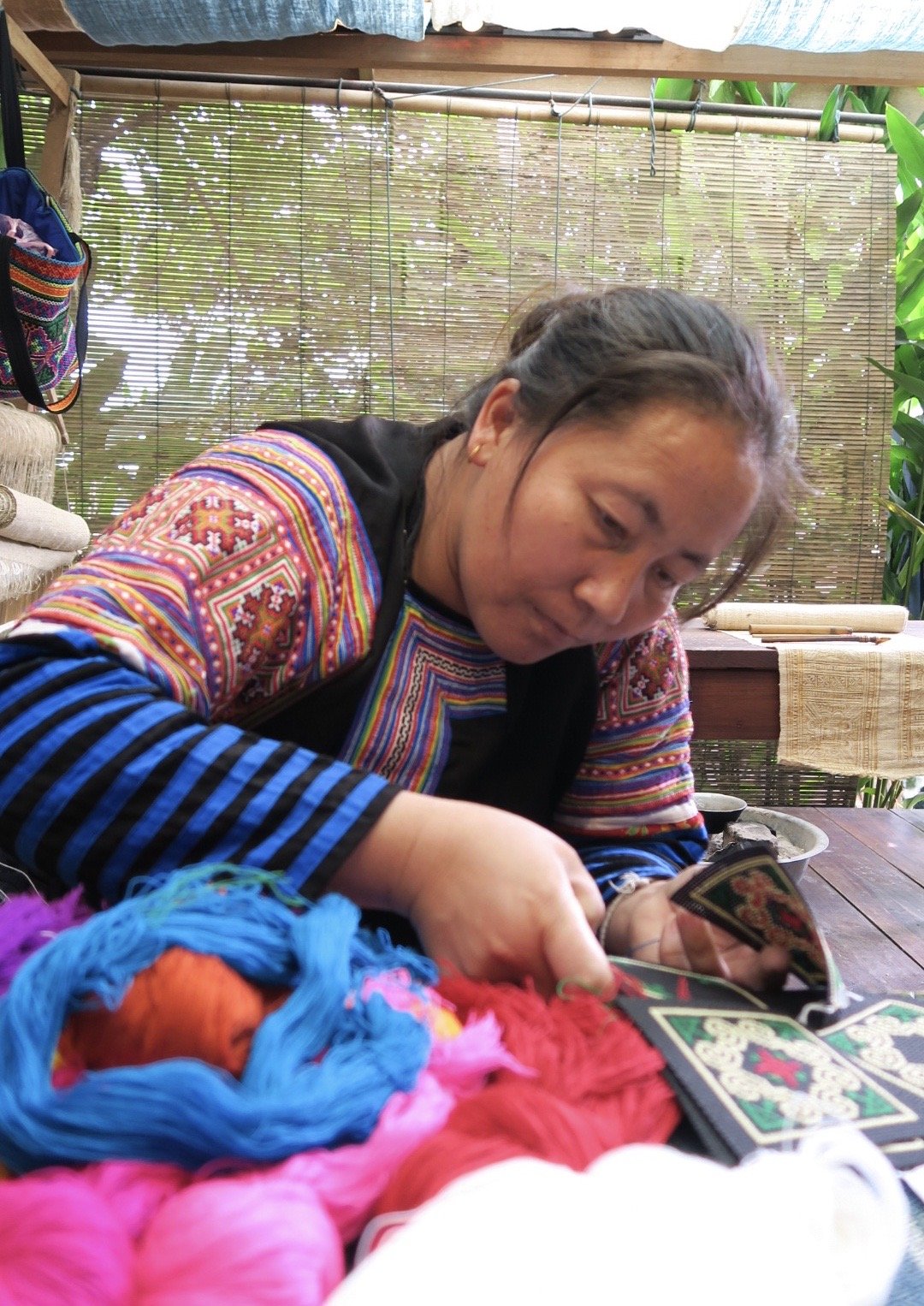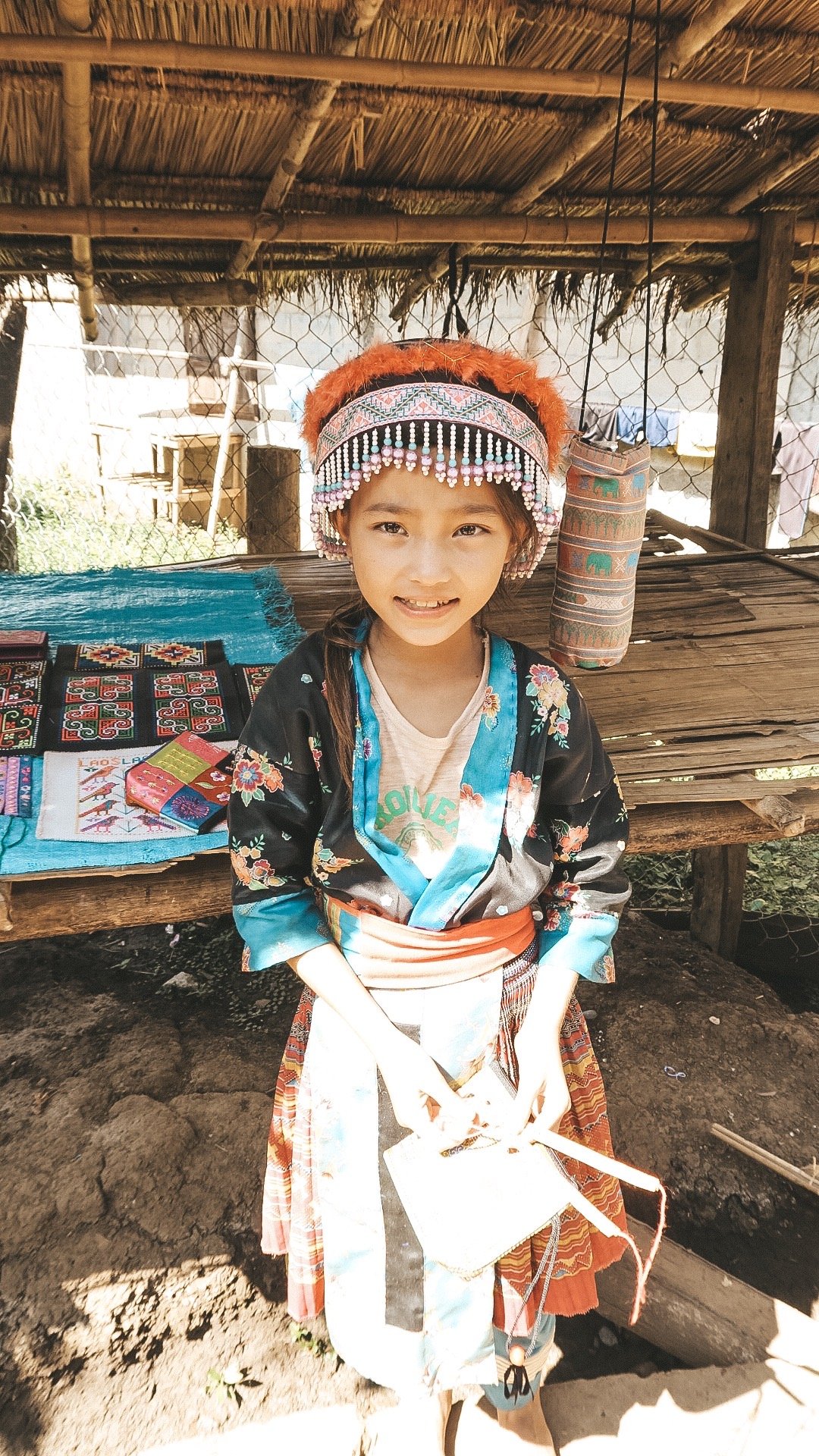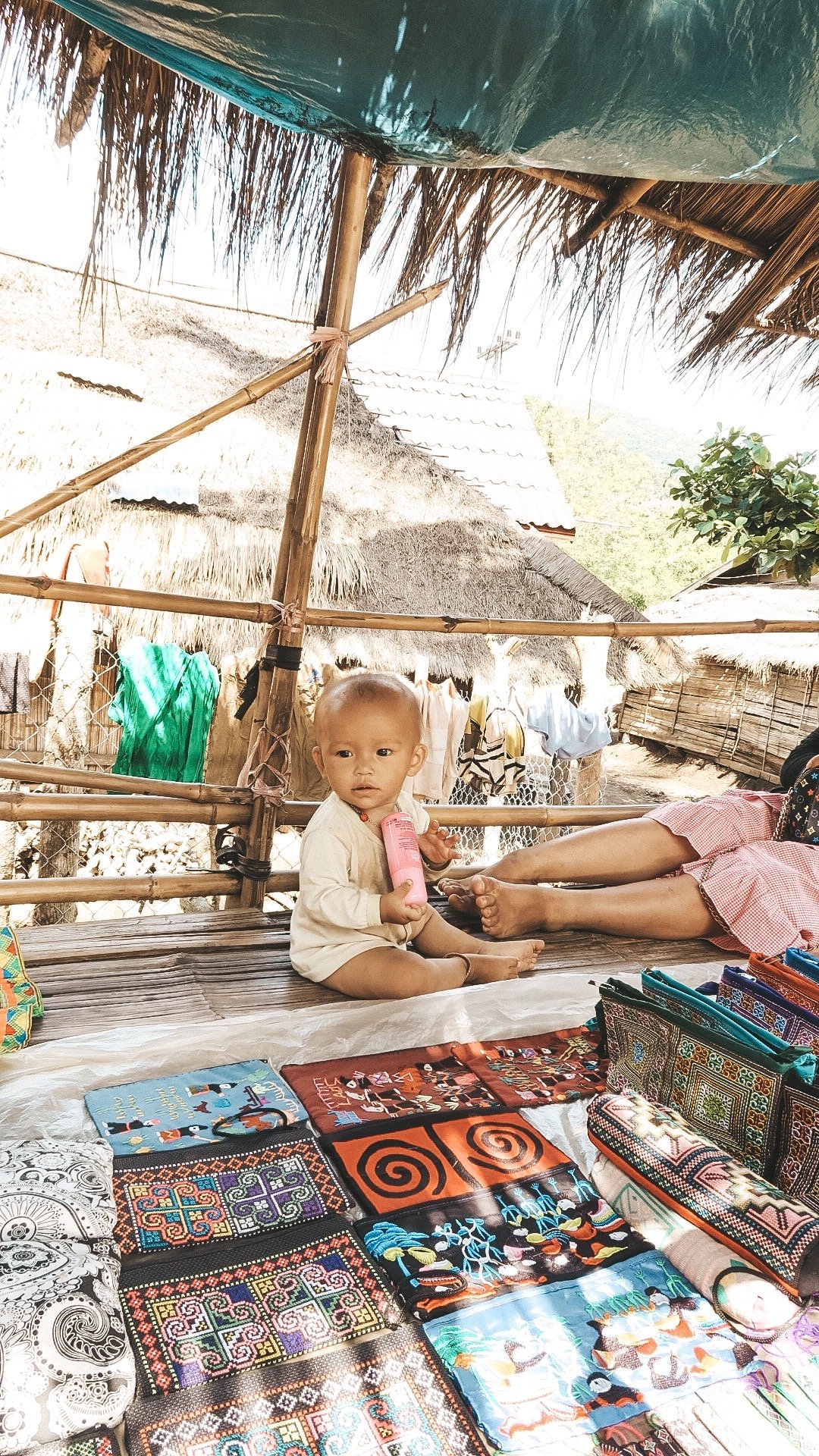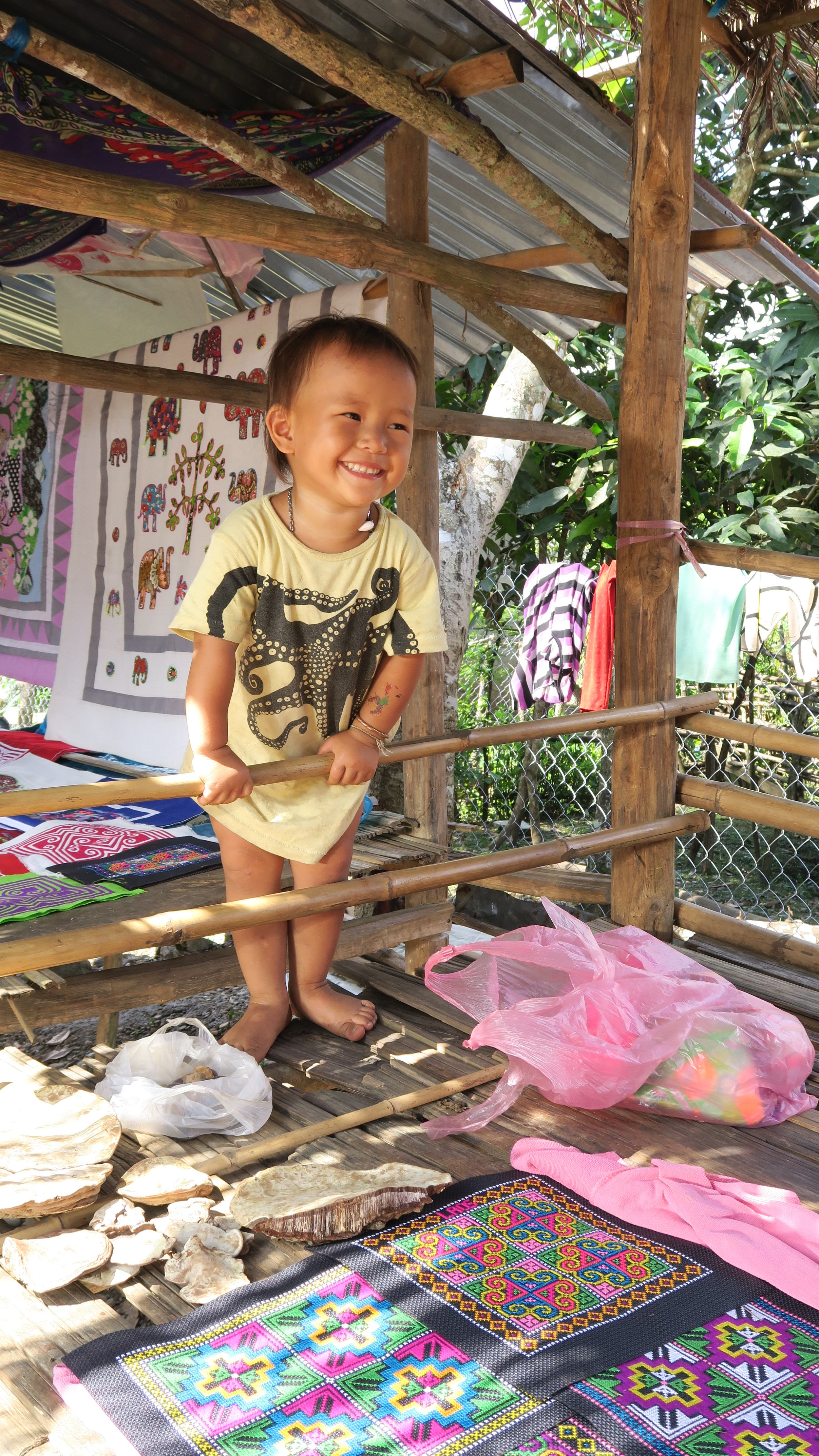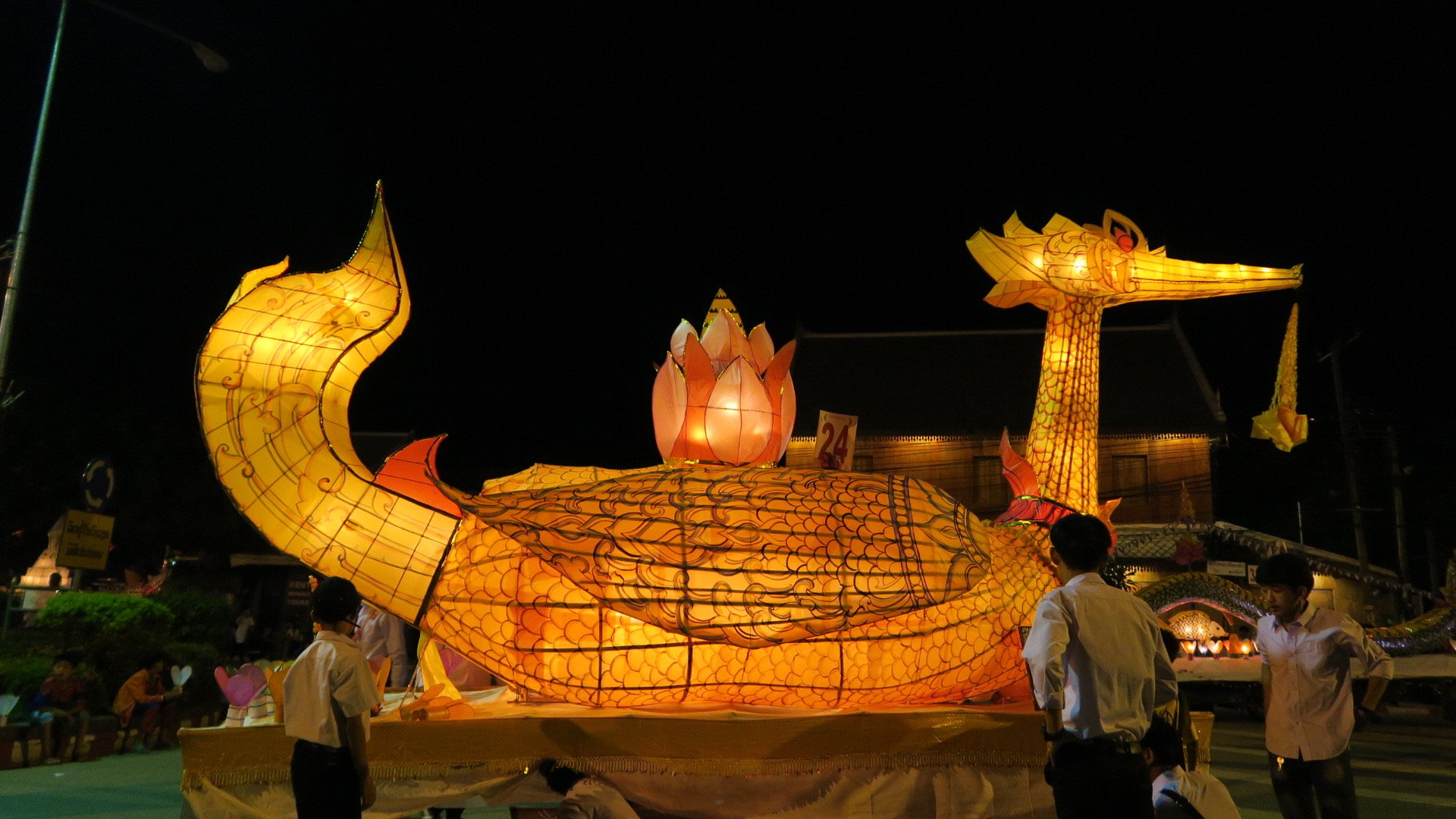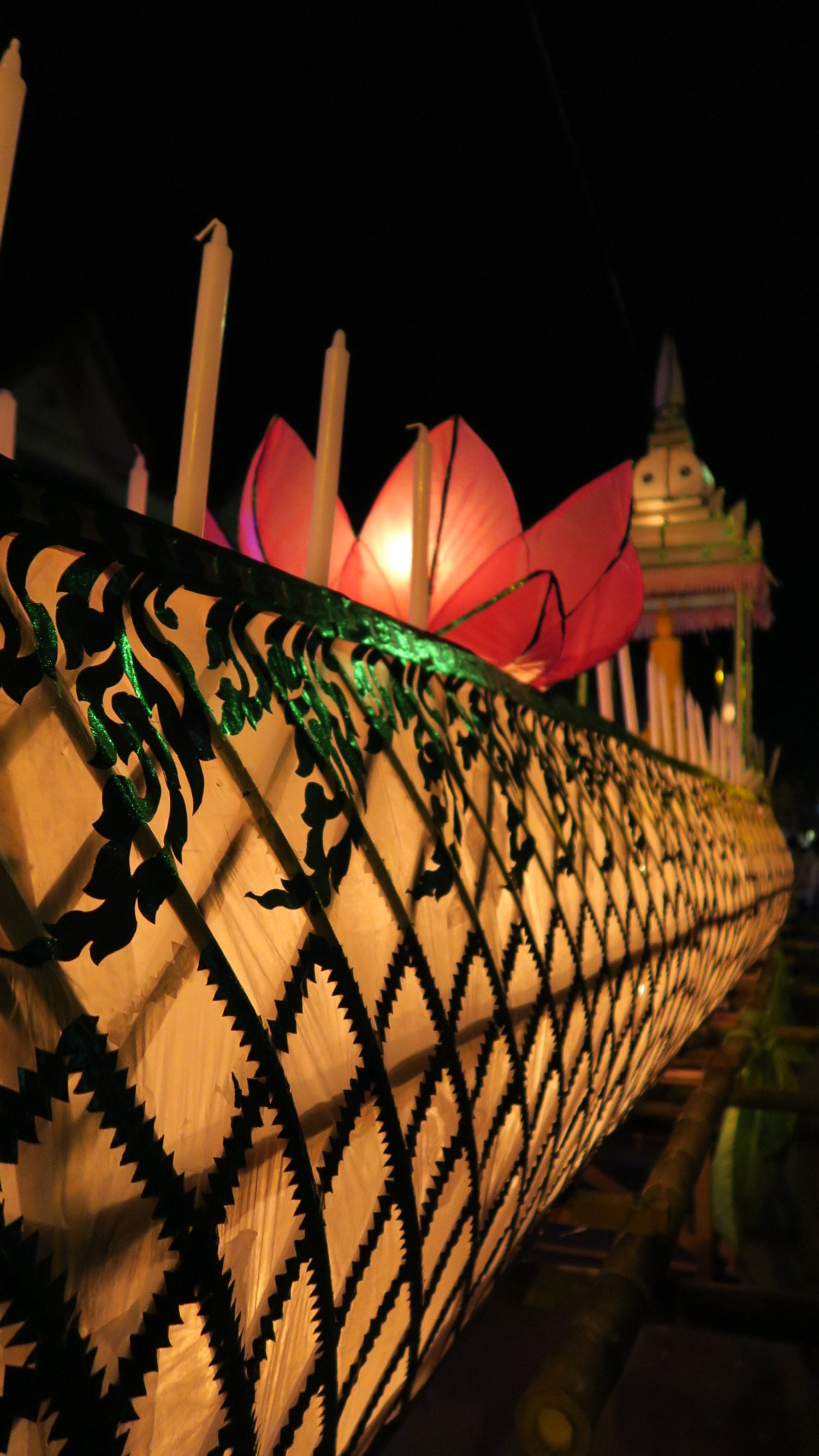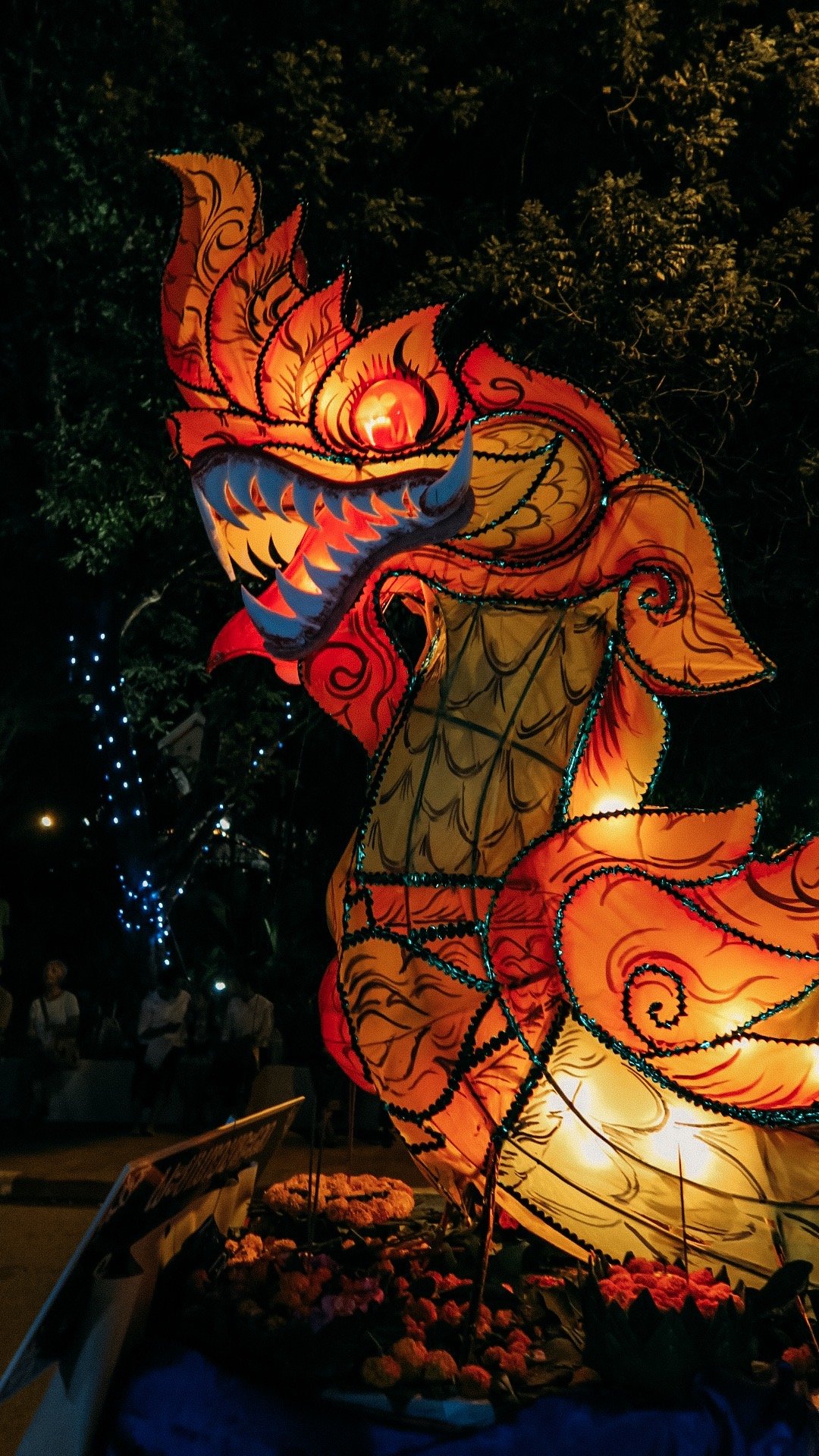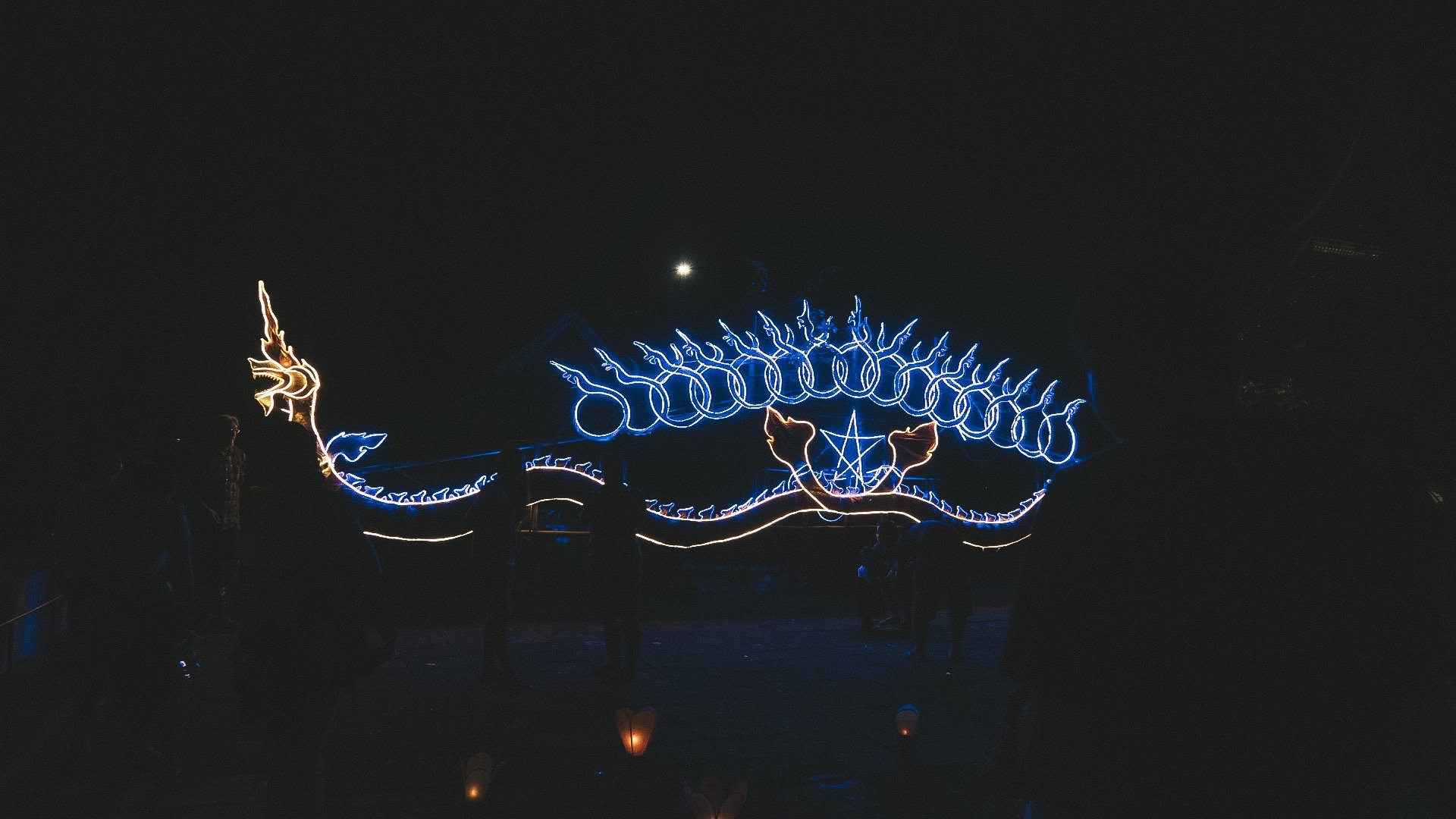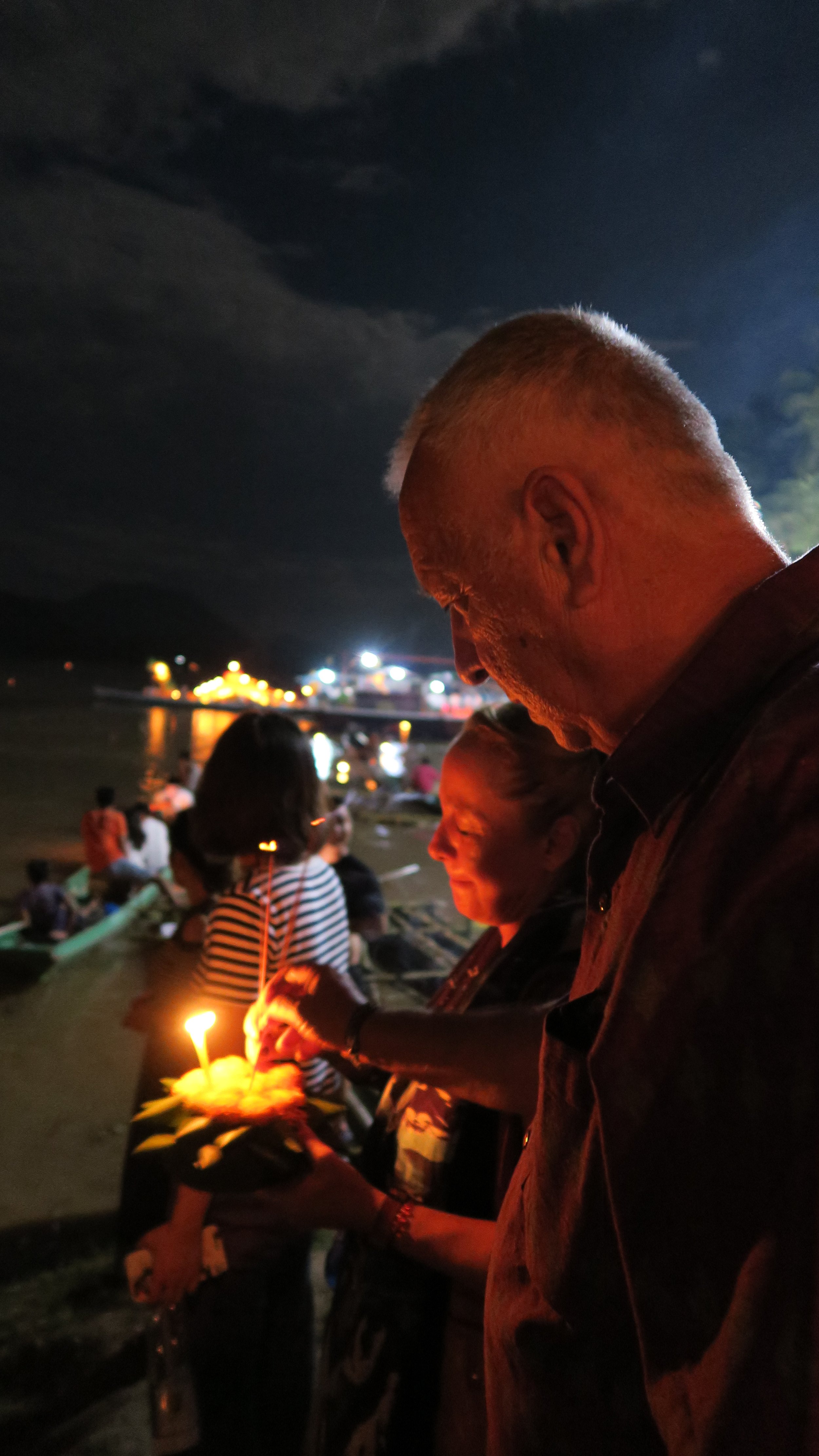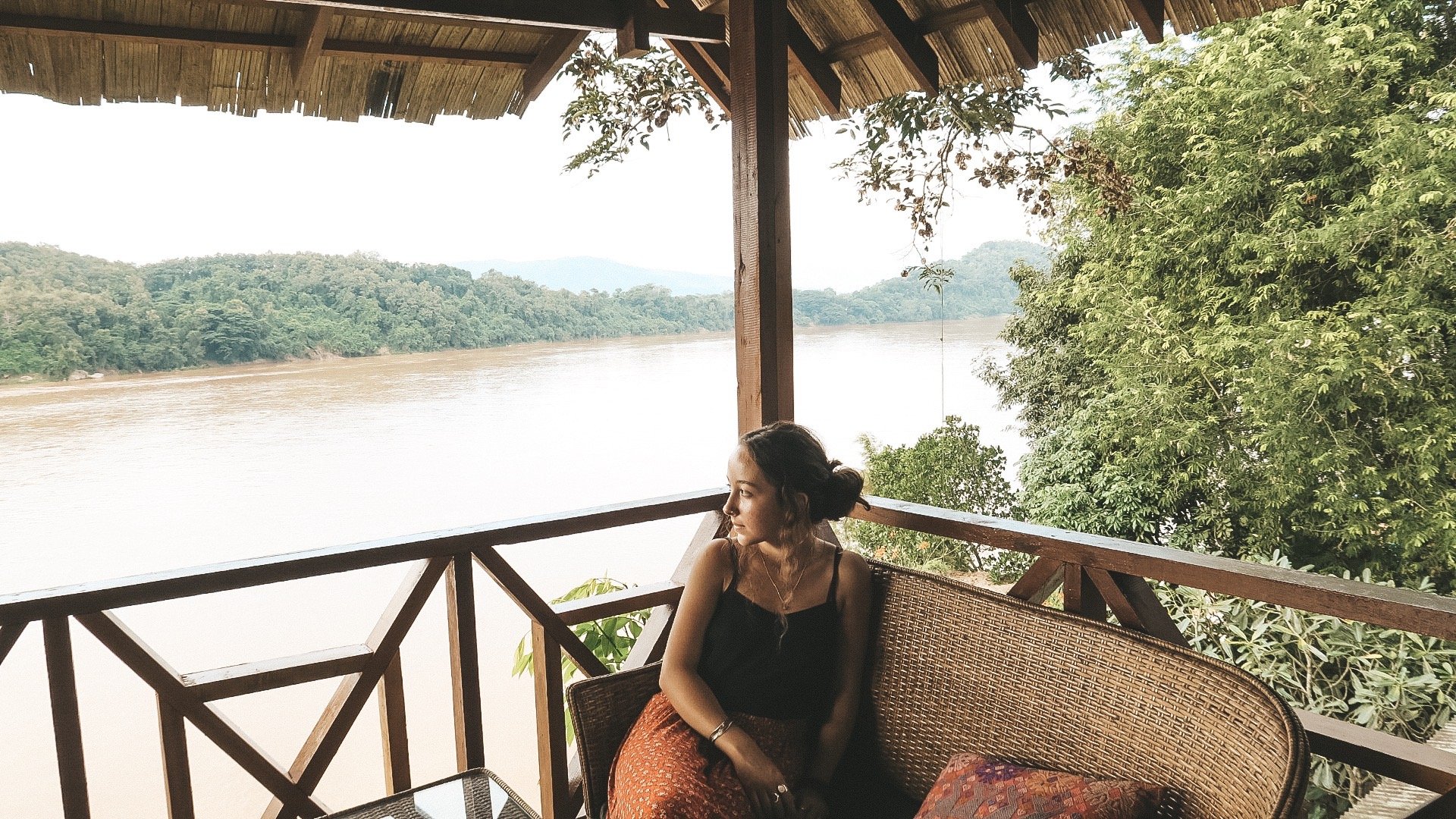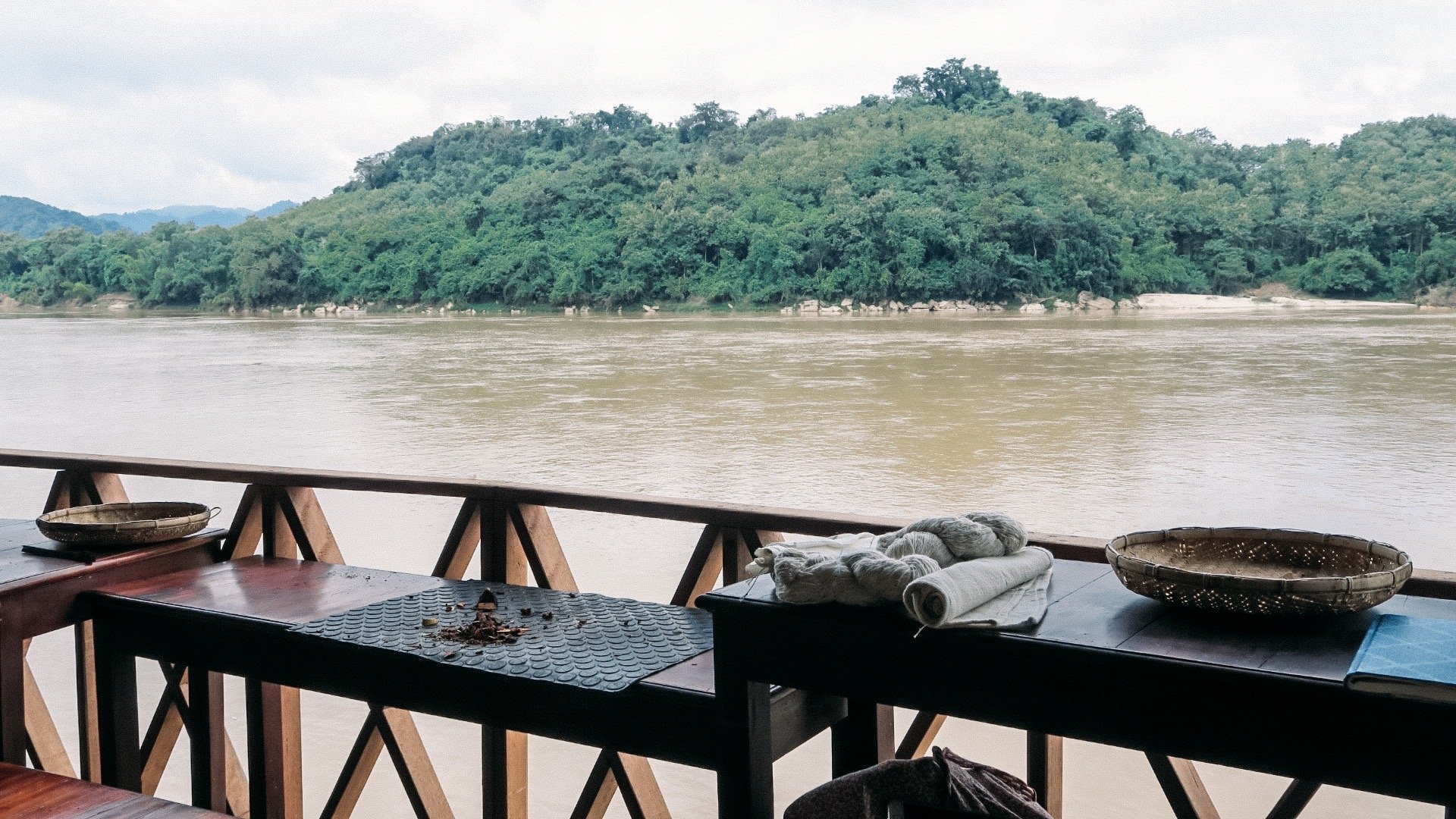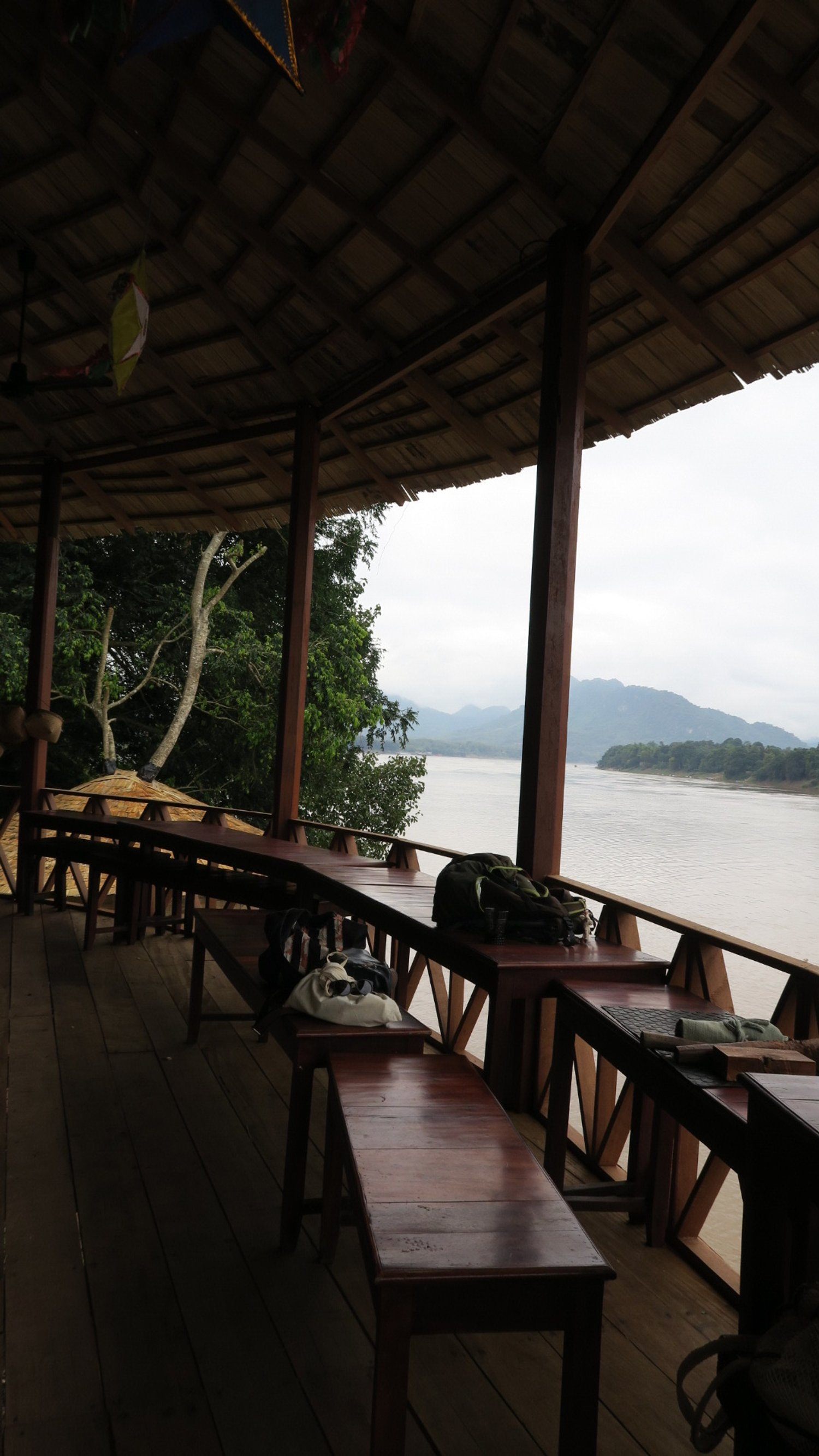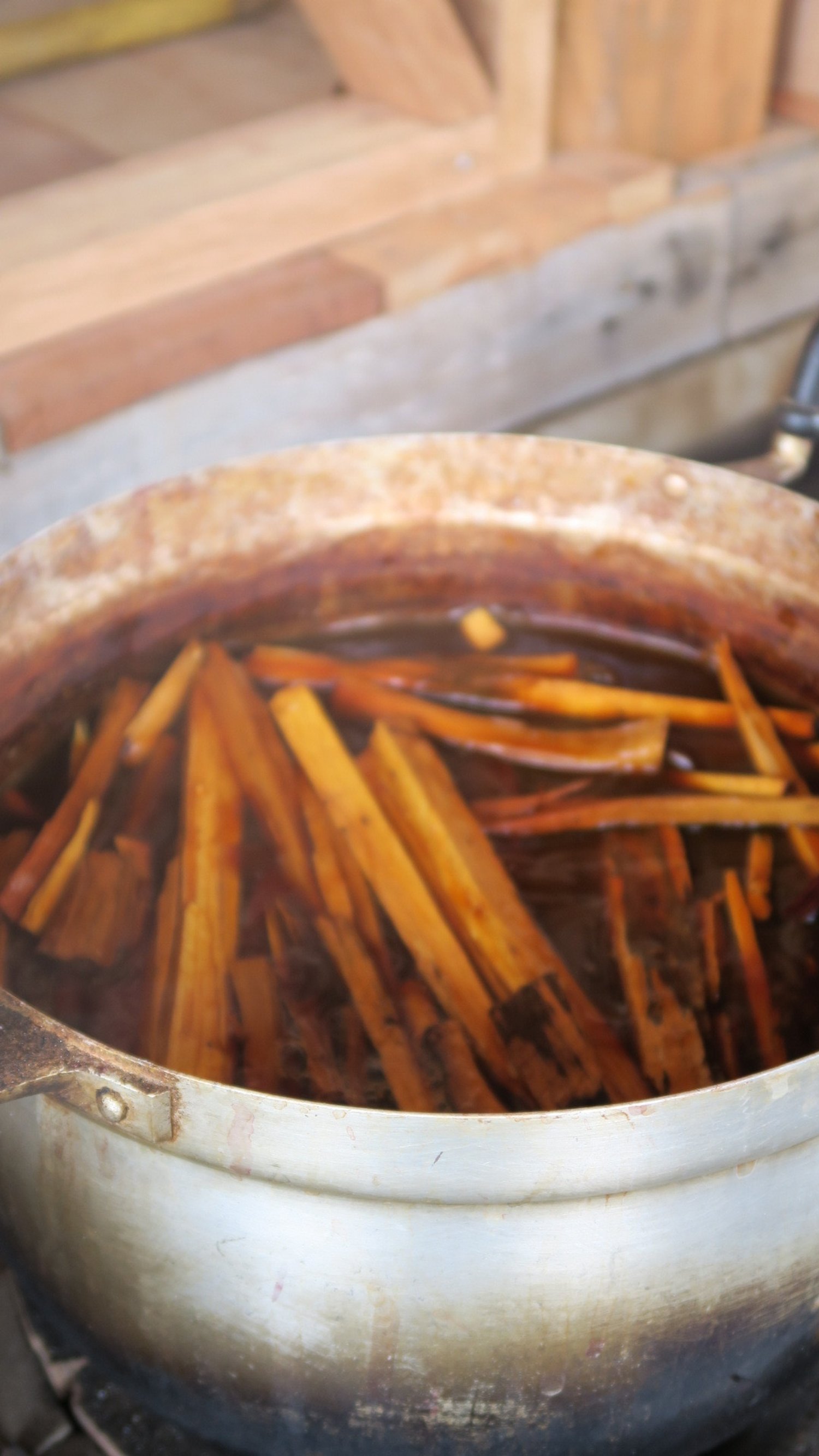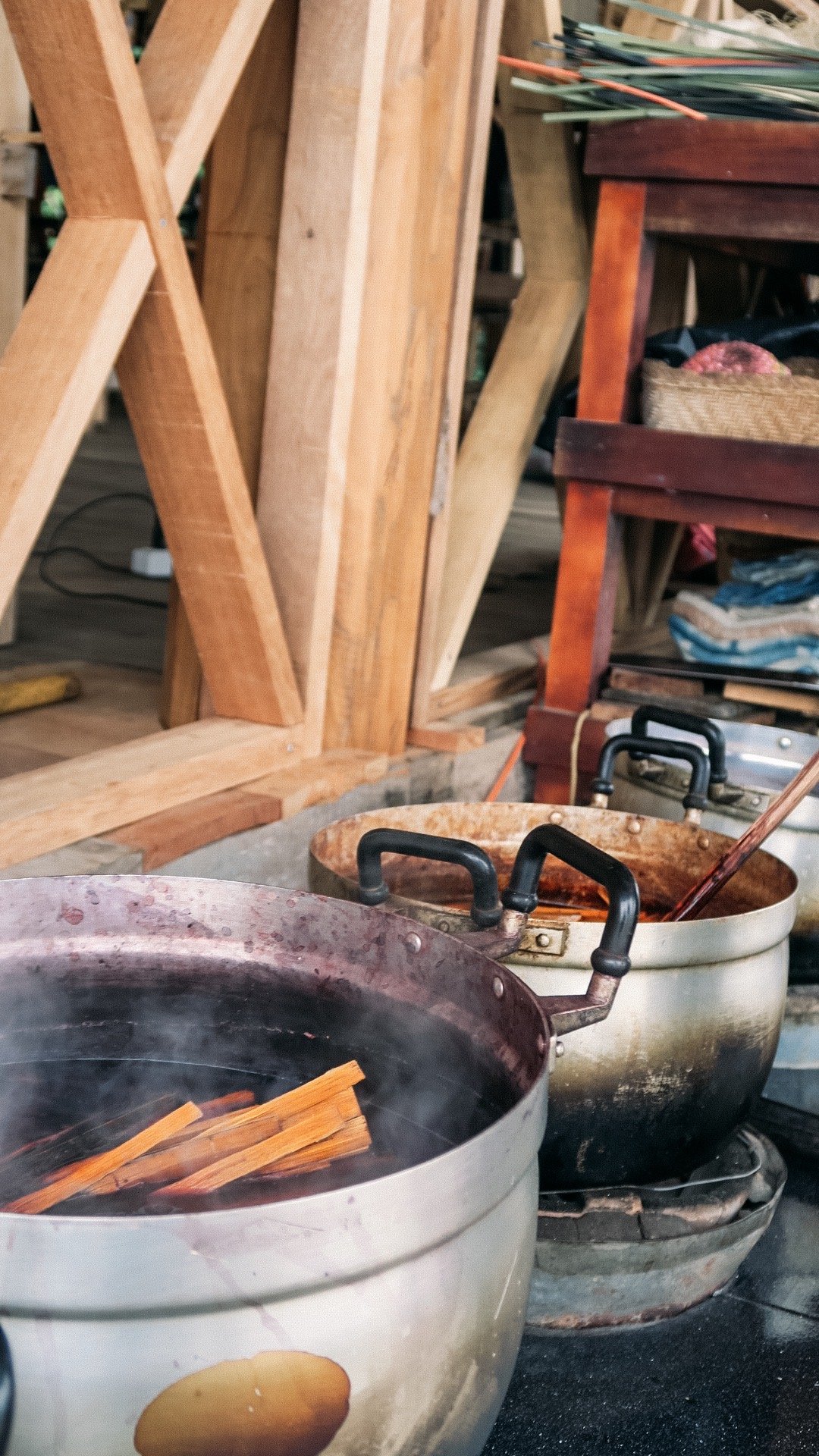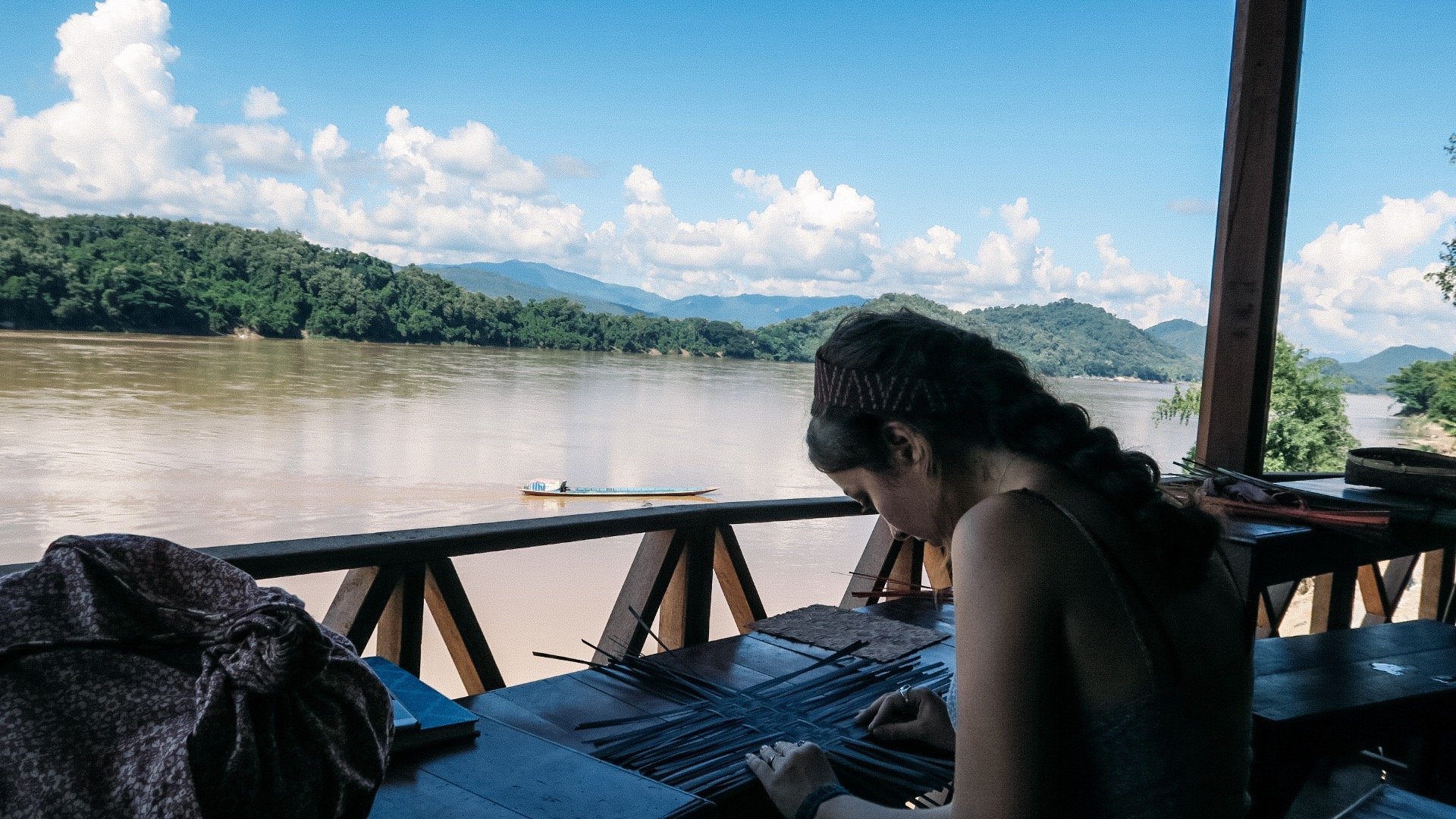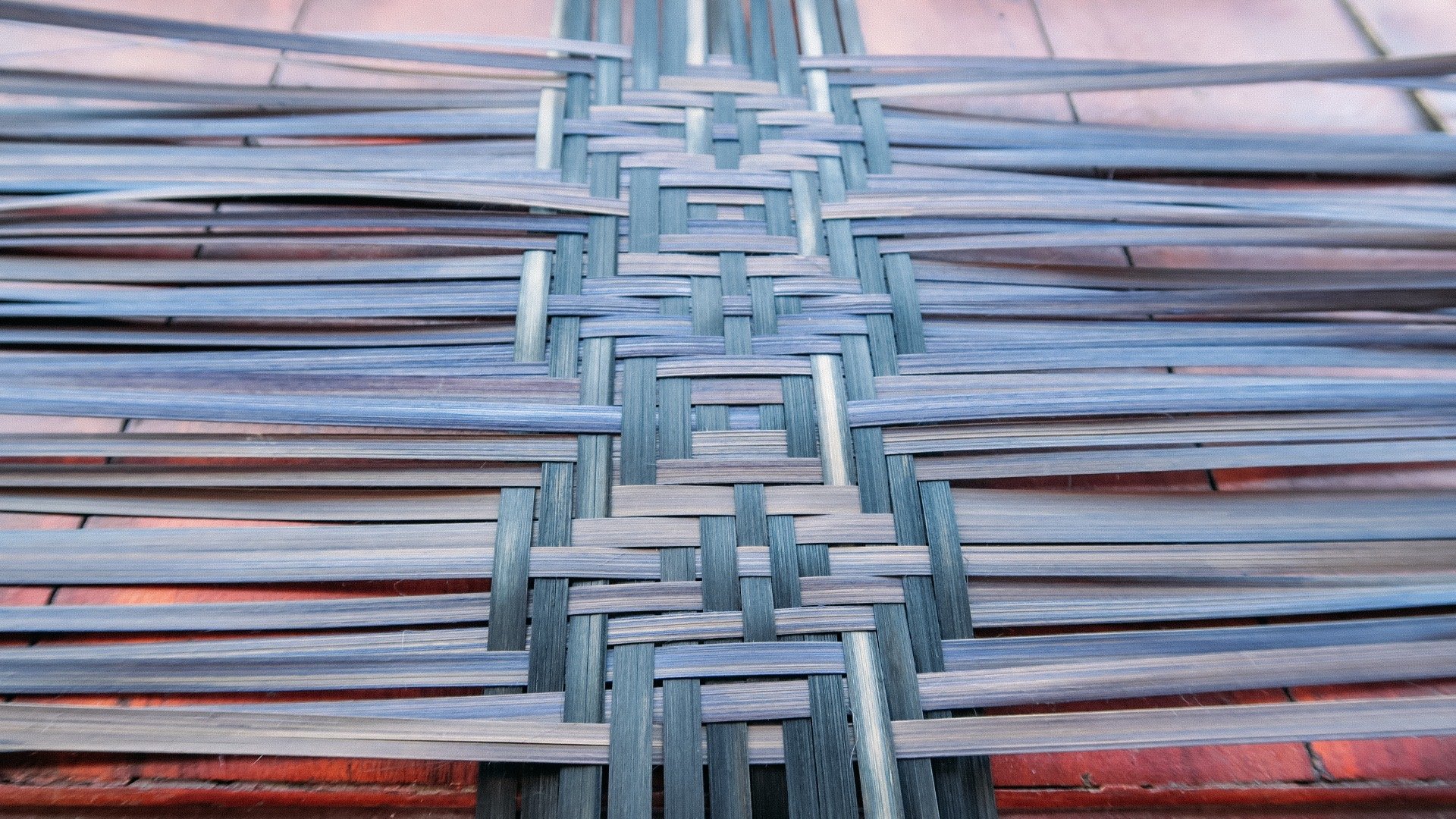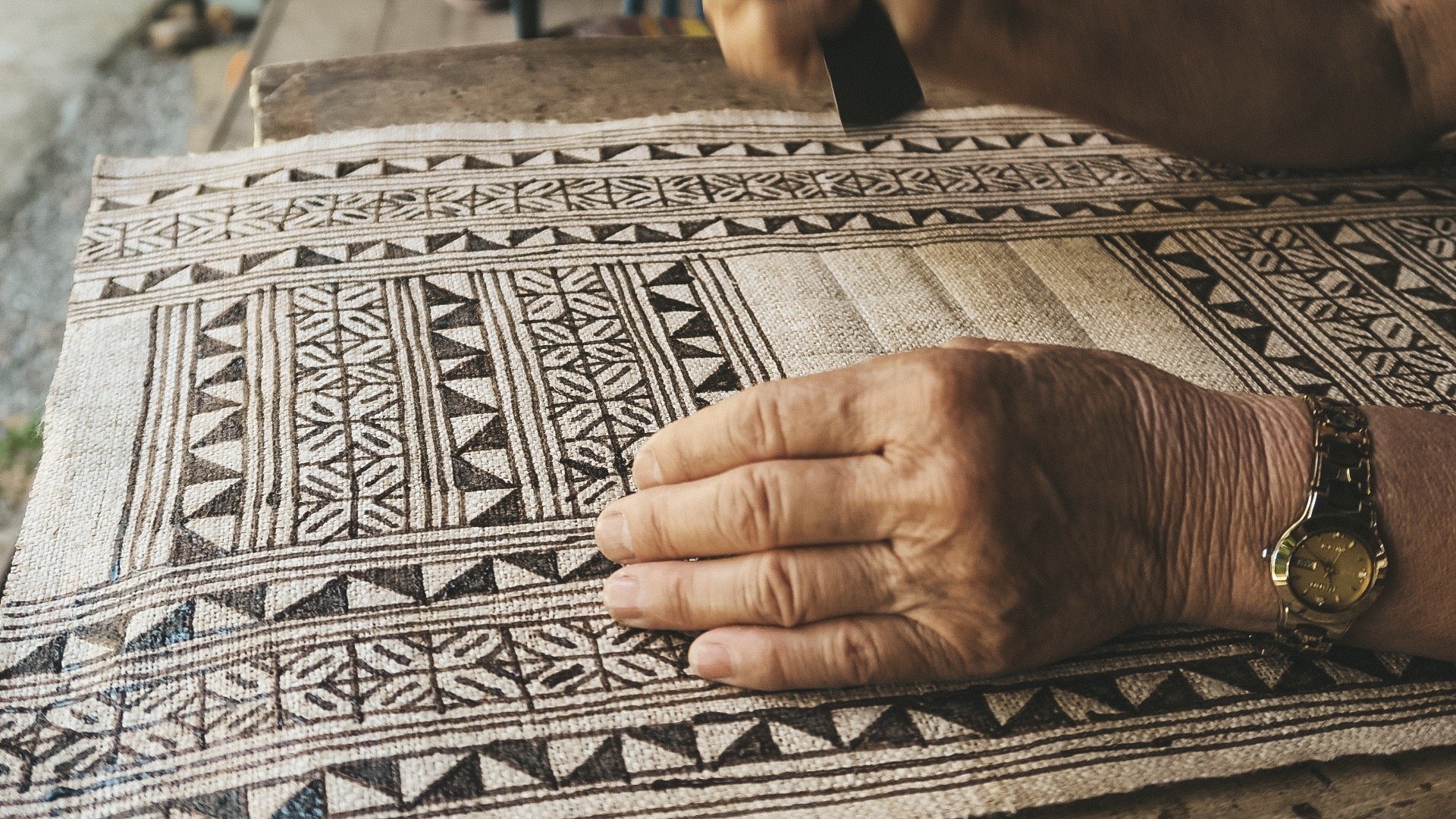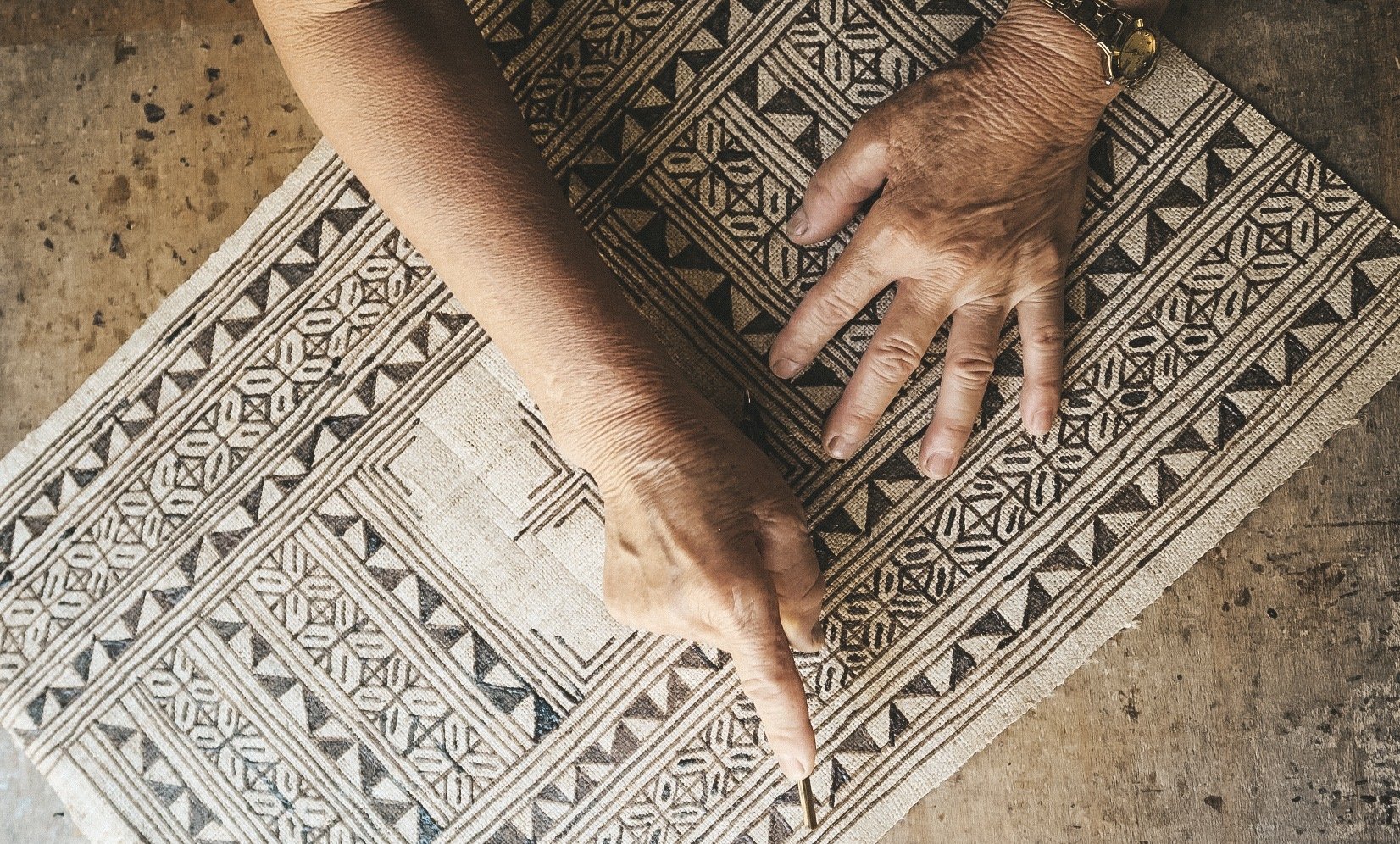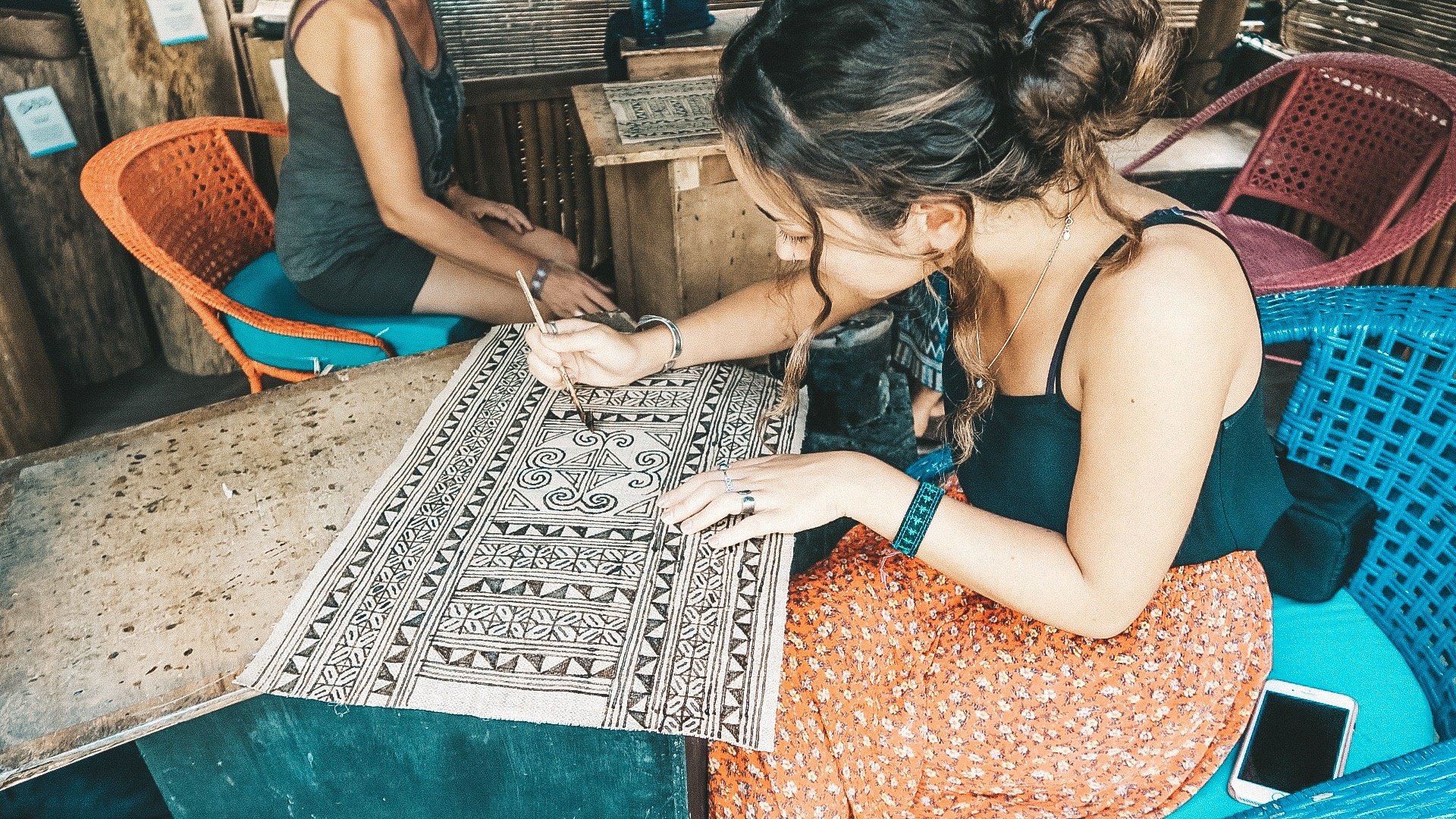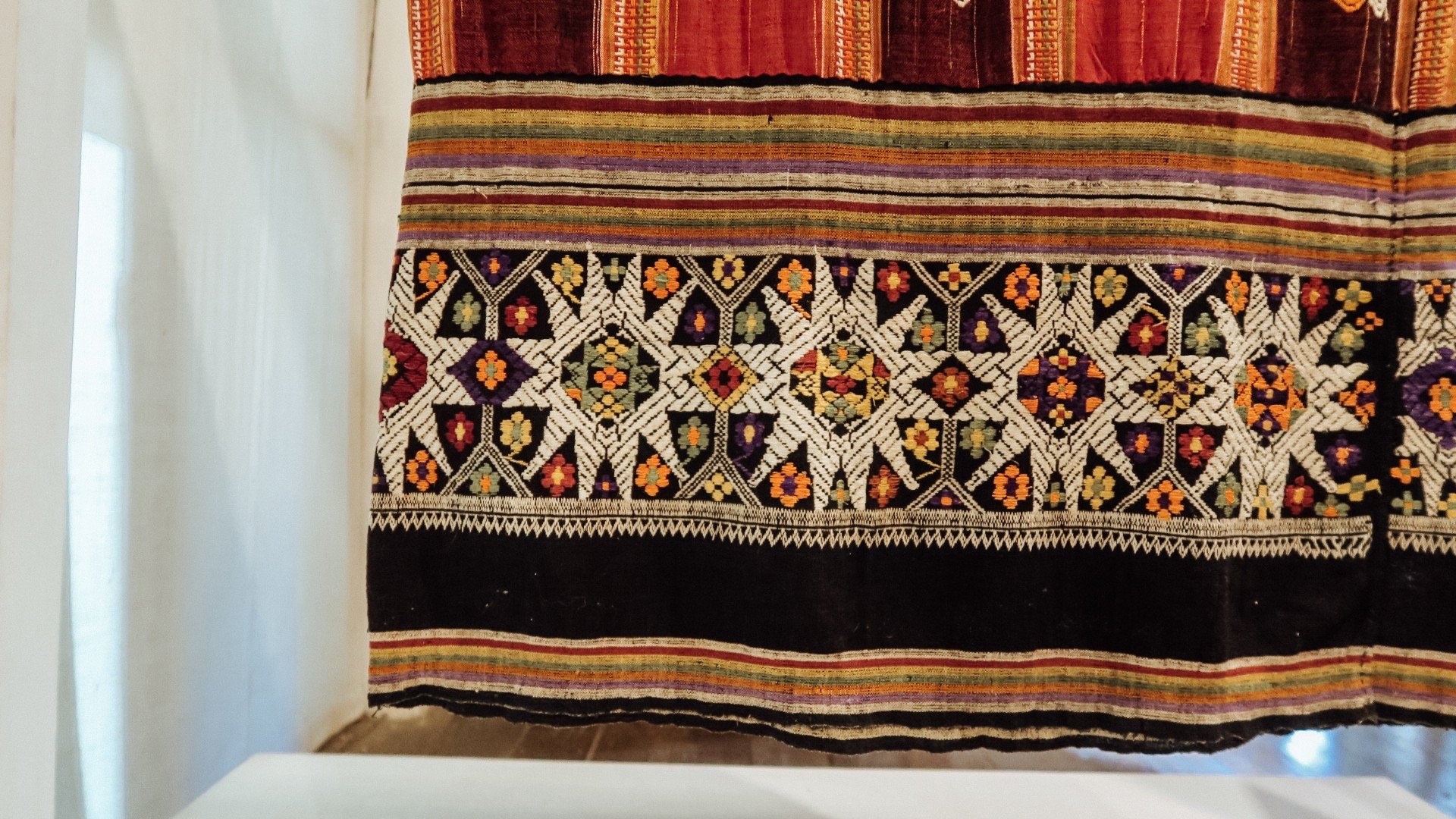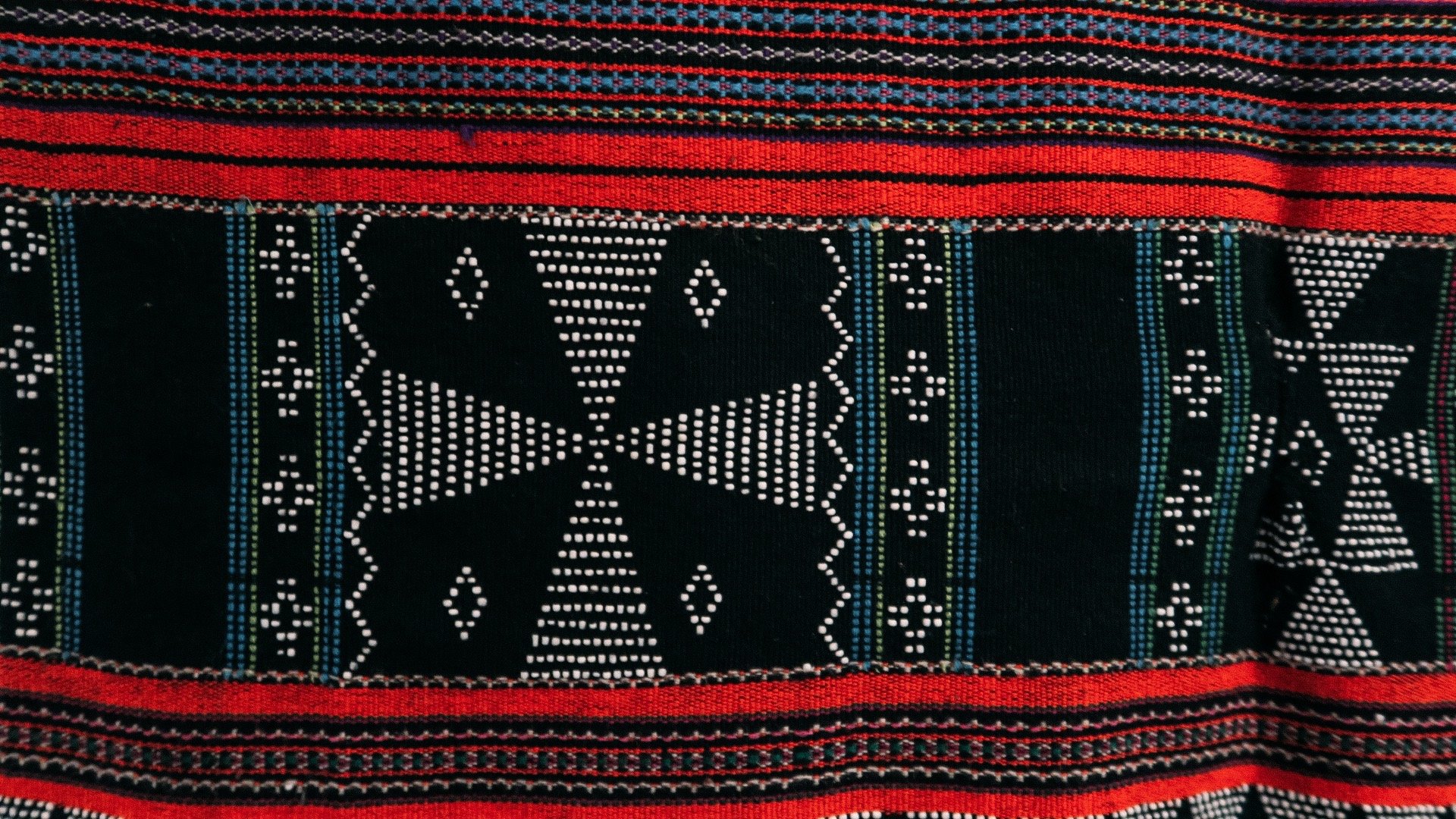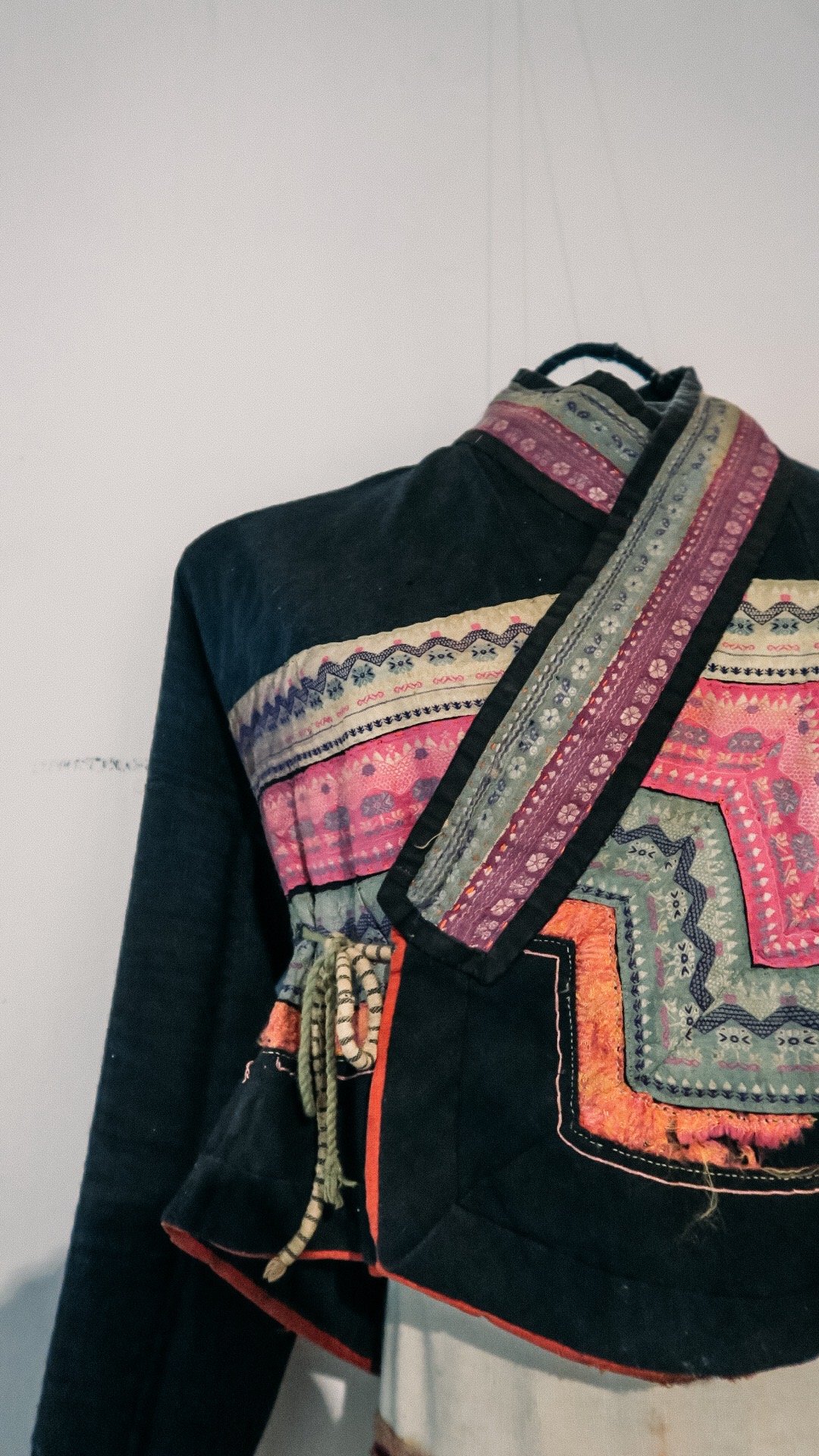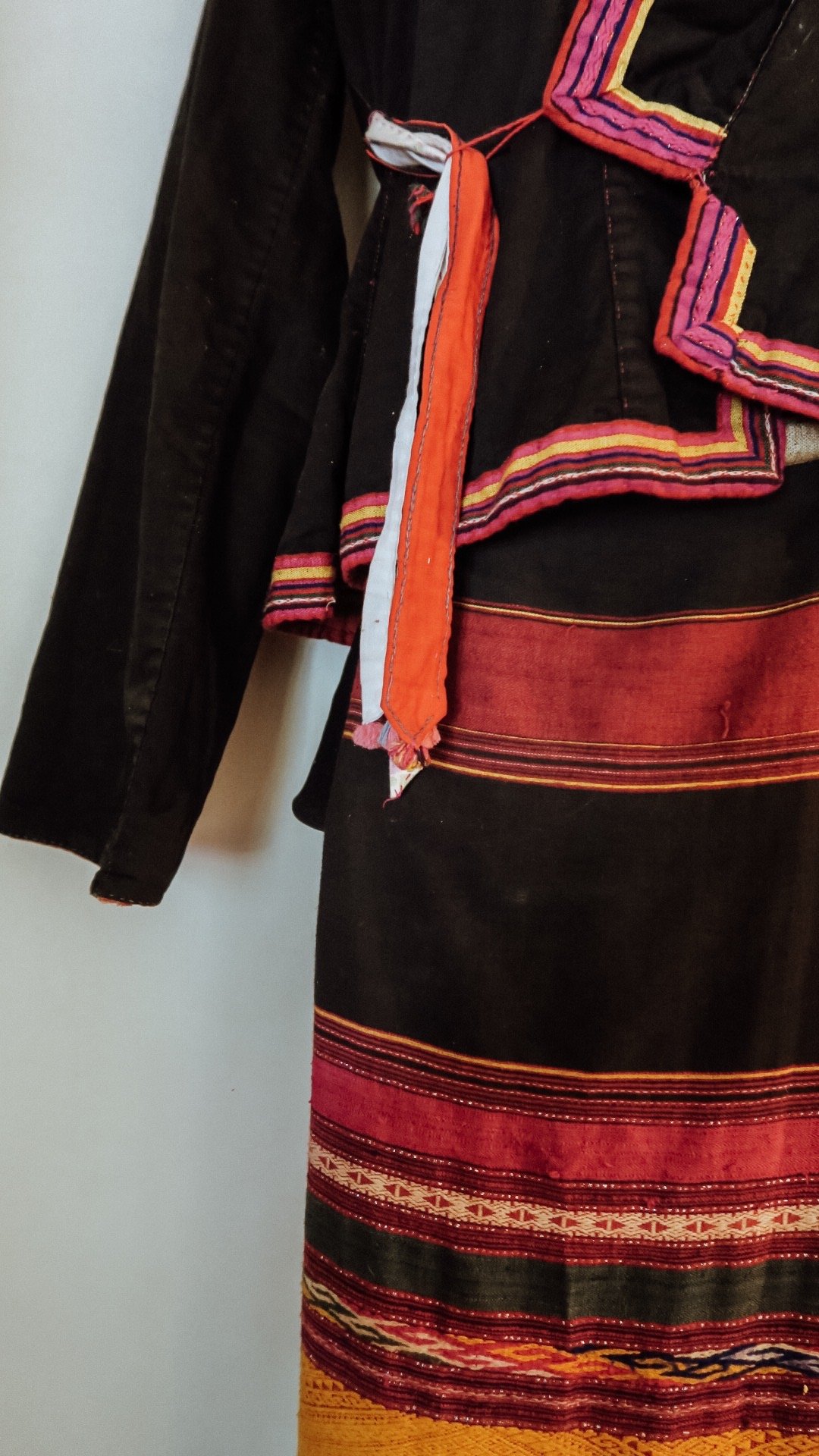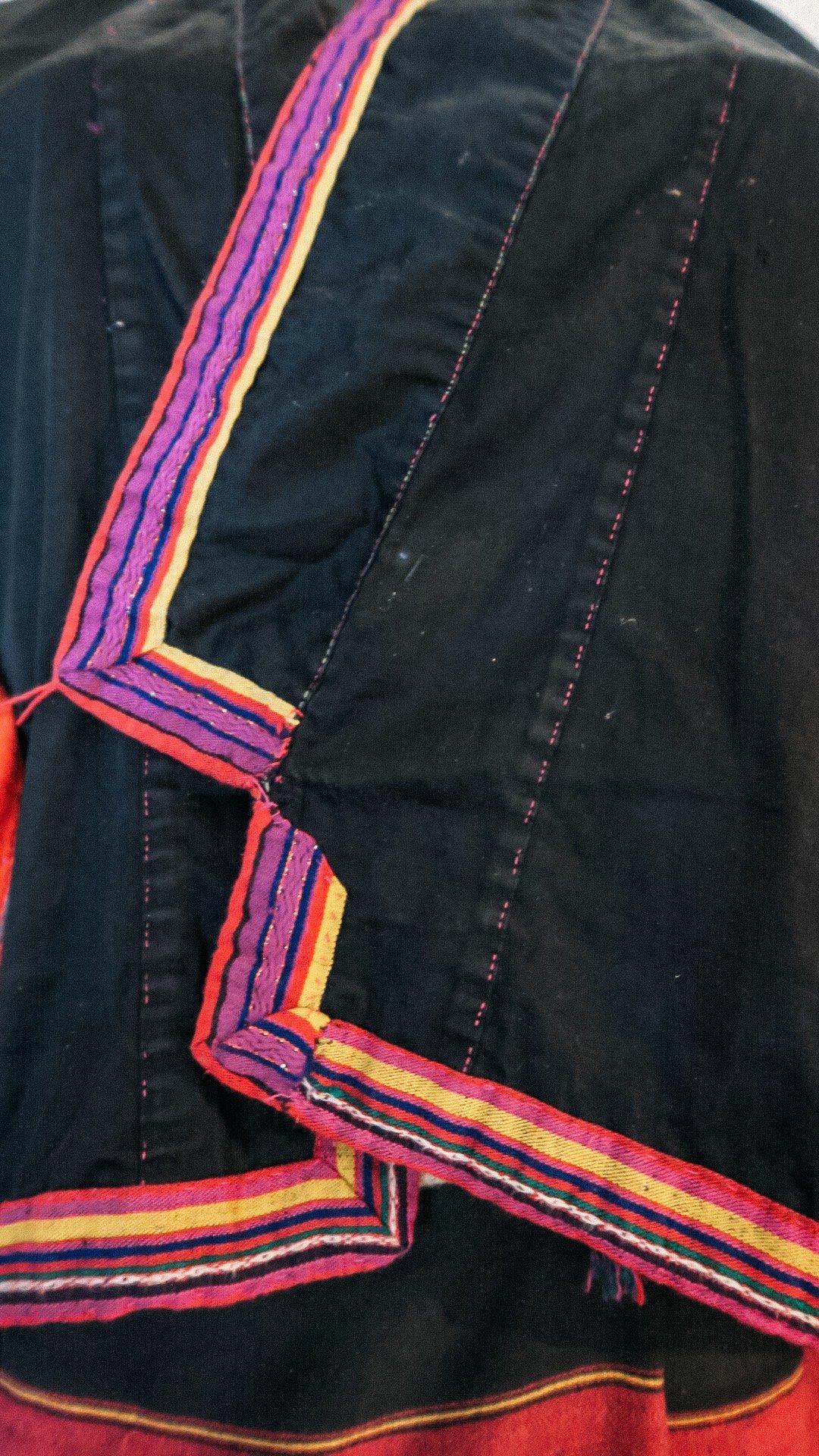Japan - Kyoto Textile Research Trip November 2019
Japan November 2019: Textile Exhibitions, Indigo and Natural Dyeing workshops from master artisans
I've always wanted to visit Japan. It has always been on the top of my list. Japan for me is the country of perfect harmony between past and future, traditions and technology. I love how the Japanese blend traditional with modern in everything they do. From food, to architecture, to the way they dress.
Nine days in Kyoto weren't actually enough, so I am hoping that I will be back soon... I really loved it there, I loved the food, the streets, how safe I felt walking everywhere at any time of the day, the shops, the museums, the trees, the rivers, the temples...
Before going to Japan, I messaged a few Japanese friends and asked for recommendations, and I also asked a friend from uni that had been there and knew a lot about textiles, as well as my old boss who had been to Kyoto a month before I went and loves yarn, textiles, natural dyes and fabrics.
Right after my day-trip to Muriyama with my friend Maya, she drove me to Kyoto. My old employer, had told me to contact Tommy from Mondo Fil. Mondo Fil is a Japanese yarn company based in Kyoto. Their yarns are quirky, fun and really textured. The colours, even though they are dyed with synthetic dyes are amazing. The yarns are perfect for knitting, weaving or even sewing. I had messaged Tommy the day before and told him I used to work at Loop and that I would really like to visit their offices. They don't have a shop - they do pop-ups once a month, and they wouldn't host one while I was in Kyoto.
Tommy was really nice, he came to meet me at my hotel, and took me to their office, he showed me all the machinery, the design process, the yarns, introduced me to the whole team. He gave me lots of samples of yarn to take home with me and then we went for dinner with five more of his colleagues.
I loved how comfortable they all were, how they immediately opened up and treated me like I was one of them. We went to this amazing Japanese pub which was tiny, but had amazing food. I tried everything without asking any questions, and everything was delicious.
There were so many things I loved about Japan. Small things that I wrote down so that I wouldn't forget. First of all, it is considered rude to walk on the street speaking on the phone. I love that. I'm usually a person that calls people when I'm on my way to a certain place. However, this gave me the opportunity to really look around me.
It is also considered rude to talk on the phone when you are in public transport. Phones seem like they are always on silent in Japan. I got a text and people looked at me weirdly because my phone was not on silent. That's quite nice too, looking at people on the bus, reading a book or looking outside the window. Much better than texting or being on the phone. It really makes you feel present.
You also shouldn't eat or drink while walking in Japan. I was used to getting a coffee and walking my dog every morning, however since Japan I usually get my morning coffee and sit at the cafe for 20 minutes with Ito before continuing our walk. The day seems calmer and not that rushed this way.
Another thing I loved was taking a taxi in Japan. Japanese taxi drivers are very polite and the taxis are so clean! The drivers wear white gloves, the doors open automatically. However, one day it was raining and the taxi driver got outside, opened the door for me and put his hand on the top of the door making sure no rain falls on my head! Very different to what I am used to in Greece.
In Japan it feels like they've thought about everything. When you go to a restaurant or cafe they bring you a basket, so that you put your bag in it so that it doesn't touch the dirty floor. To pay for the meal or your coffee, you usually pay at the exit which I also found nice. You don't have to wait for the waiter to bring you the bill, whenever you are ready you just collect your stuff and pay right before you exit.
Another thing that surprised me was that in big shopping streets they are usually playing music on speakers. I loved that too, I found myself walking to the beat.
While walking around, I saw that most shops and restaurants had a piece of fabric at the entrance, which started from the top of the door and usually ended half way. I asked a friend about it and she said that that signals the shop is open. I really liked how they've incorporated textiles.
I loved shop owners and their staff, they seemed shy, careful and smiley. More than once, I would exit a shop and they would come out with me, giving me my shopping, saying thank you, bowing and wishing me safe travels. Even when I didn't buy something they would do the same. I could tell they meant every word by their smile. I am now imagining someone in Greece or the UK doing that and I feel like it would seem fake. Food for thought I guess.
This is going to be long...
List of shops you should visit in Kyoto if you are interested in handicrafts, textiles, clothes, ceramics, etc:
三條本家 みすや針 - this shop has been around for 360 years! It's tiny, and it sells handmade needles. Right now the 18th generation is running it. It's quite difficult to find that's why I've added a google maps link. Definitely worth a visit, there's a small garden right before you enter and the people in there are the sweetest.
Idola stockroom - this shop sells buttons and beads
古裂とよ - heaven for second hand kimonos and ceramics
Kamiji Kakimoto - a luxury paper store, amazing handmade paper and stationery. It's been around since 1716.
Suzuki Shofudo - another beautiful paper store
Mumokuteki - my favourite store. Clothes, homeware, second-hand items, flowers, snacks, ceramics, handmade items. They also have an amazing cafe with delicious food. Definitely worth a visit!
Nomura Tailor House - fabric heaven. I think this store has 4 or 5 floors filled with fabrics.
Sou-Sou shops - there are a few of those and they are all in the same area. There is a kids clothing shop, a women's one, one focusing on socks, a menswear shop, a homeware one, a shop that sells fabric and there might be more. Their prints are all screen-printed by artists in Japan. Definitely worth a look.
Iro - beautiful vintage kimonos. This shop is quite expensive, but definitely worth a visit.
Ochikochiya - another vintage Kimono store, definitely recommend it.
ギャラリーギャラリー - this is another amazing building, it has an art gallery and it's four floors of pop-up stores. I loved it. On the ground floor there is also a really nice shop by a famous Japanese textile and fashion designer called Mina Perhonen. Definitely worth a look.
D & Department Kyoto - Another very cool space, this is like a concept store and you can find lots of nice ceramics, accessories, clothes and homeware. They also sometimes host exhibitions. When I went there was an Indigo exhibition.
金の羊 - yarn and sewing shop
株式会社 SETSUKO TORII - amazing yarn store upstairs, and downstairs there are machine knitted clothes by the designer, I think they also offer machine knitting classes here
Tanaka Naoyoshi - Arts and Crafts store, they sell lots of art materials here, but you can also find indigo powder and other natural dyestuff as well as a huge wall full of un-dyed fabrics like cotton, linen, rayon, hemp, silk, wool and mixes of them.
Walnut Kyoto - If you are a knitter and you know the Amirisu magazine, then this is definitely a must. The girls that started the magazine opened this store full of beautiful knitting yarns from all over the world.
Hinaya Kyoto Style and Stay - beautiful kimonos and Kokeshi (Kyoto famous little wooden dolls)
Gallery Kei - one of my absolute favourites. Beautiful antique textiles and the owner is such a sweetheart. Definitely worth going here.
Tezomeya - Natural Dyeing heaven. Naturally dyed clothes and they also offer natural dyeing workshops.
Aizenkobo Indigo Place - Indigo heaven. Lots of indigo dyed fabrics and yarns.
AVRIL pepin - Here you can find lots of Avril yarns both for weaving and knitting.
One of the days I was in Kyoto I did an Ikebana workshop. This was an airbnb experience that my friend Claudia recommended to me. Ikebana is the art of flower arranging. The host, Seanacey was really lovely, and I really enjoyed my time with her. Another pro of this workshop was the set up. The workshop takes place in a cafe-bar at Kinse Ryokan, a unique building with more than 200 years of history, the architecture and design in there are amazing. So as you are arranging flowers and drinking delicious japanese tea, you are surrounded by the room's parquet floors and elaborate stained glass windows which feature flowers, butterflies and birds. It's a very unique experience and I really recommend you do the workshop or at least visit this Ryokan.
The workshop started with a small history lesson. Ikebana started in Kyoto 500 years ago, since then it's evolved, and is now considered a contemporary art form. Seanacey told me that "Ikenobo" was the most traditional and classic school. She was trained at the Sogetsu school which was a bit rebelilious, Sofu Teshigahara was the master and founder of the school (92 years ago), now his grand-daughter Akane Teshigahara, creates ikebana arrangements making them interact with some object around it, for example a painting or a textile.
First Seanacey told me we would create a classical composition, emphasising seasonality, lines, space and form. There are three flowers at the classical compositions. They all have names, Shin (represents heaven and is the longest of the three) Soe (second tallest and represents humans and living things) and Hikae (shortest, represents the earth). The Shin and the Soe can be the same flower or plant, but the Hikae is usually different like an accent. The vase is also very important and part of the arrangement.
After that composition, there was time to use different floral materials to create a free-style arrangement. I really enjoyed creating both of these compositions. It really did feel like an art form, like painting and drawing but using flowers to create shapes. Seanacey was really nice and she let me stay at the cafe and draw my compositions after our workshop.
I really enjoyed her workshop and recommend it to all of you!
The food in Kyoto was amazing. Here are some of my favourite restaurants:
Kyoto Gogyo Ramen - loved the ramen here, went more than once
Ikariya Coffee Kyoto - nice coffee and cakes
Babbi Gelateria Kyoto - amazing ice cream! one of my favourite flavours was sesame
Gion Kappa Restaurant - one of my favourites. the guys from Mondo Fil took me there and I loved everything we ate. The kitchen is open so you can see everything being prepared in front of you.
Mumoteki Cafe - nice salads, soups, comfort food, vegan food, coffee and teas
Gyoza Ohsho - gyoza heaven!
Gyoza Hohei - really tasty noodles and gyoza
Gion Tanto - okonomiyaki restaurant, very nice vibe and very traditional
Cafe Bibliotic Hello! - really nice cafe, very nice atmosphere, books, plants and art everywhere!
Here Cafe - loved this cute coffee shop, really good coffee!
FabCafe Kyoto - full of creatives and digital nomads that work from there, workshops take place here, the food and coffee is really good as well.
I had booked another workshop through airbnb, this was once again recommended to me by Claudia. This was a sashiko workshop, sashiko is a form of Japanese folk embroidery using a running stitch to create a geometric pattern. The workshop actually took place at the Fab Cafe Kyoto I mentioned earlier. The workshop usually lasts two hours, however I booked a 6 hour one so that I could learn as many different sashiko patterns as possible. Kazue teaches the Hitome-zashi technique. The fabric has drawn grid lines on it as a guide to stitch. (The lines get removed with washing and/or ironing). First we stitch horizontal lines all the way and then we add vertical or diagonal lines (depending on the pattern). Kazue explained what each pattern symbolises to me, protection, mother daughter bond, family, trust etc. I definitely recommend trying the two hour workshop with Kazue if you are in Kyoto!
The next day I met Kazue again, and we went on a private craft store hopping tour. She took me to amazing shops that I definitely wouldn't have found by myself. The photos that follow are a mix of shops I visited with Kazue, streets in Kyoto, the indigo exhibition that was at the D & Department store. There are also photos of the 360 year old shop that sells handmade needles and more.
The next day, I saw Kazue again! This time for a natural dyeing workshop in a dye factory. I was taught the "Shin-Manyozome" dyeing method. I was given two organic cotton scarves to dye, and there was a choice of 18 colours from natural pigments. What they have done here is that they've mixed natural dyestuff together creating pigments that are very strong. The 18 colours were all combinations of different dyestuffs. We mixed the pigment in hot water and it was so strong that the water changed colour immediately. I put in the scarves (which were tied in different ways because I was trying shibori as well) in and the fabric absorbed the colour straight away. I only left the fabric in for 30 seconds. The craftsmen weren't open in sharing their recipes or explaining how they've made the pigments so strong, or how they had achieved to make the dye "stick" to the fabric so quickly (less than a minute). I still enjoyed the experience, and I was really happy I got to see a dye factory in Japan!
Now it's time for my absolute favourite place in Kyoto.
Kawai Kanjiro's house. Kawai Kanjiro was a potter and key figure in the mingei (Japanese folk art movement). It is a beautiful wooden townhouse which has been preserved and is now run by his family. The building, the architecture, the interior, the furniture, the textiles, the plants, the cat (!), the ceramics, the garden - I fell in love. At the garden you can see the artists kilns, and inside you can see his drawings, his work (ceramics and carvings), his letters, his collections. There are so many small details to notice while exploring the house, from the simplicity of some rooms to the hand-carved tables and chairs in the front of the house. There is beauty literally everywhere you look.
One of the most striking things about the house is the amount of light that comes into the house. There are windows everywhere, natural light is really important for artists and it must have been so nice working from his house. The other thing I really liked was how the house encircles an enclosed courtyard garden. When you get to the garden you will see an unusually large stone ball. Apparently when Kawai was stuck and wanted inspiration he would roll this ball around.
I felt a sense of calm the minute I stepped into this house. On that day, I couldn't stop thinking about how beautiful and perfect that house was. Even now, almost a year later, I smile just thinking about it. It's definitely a place I would visit very often if I ever lived in Japan, and it's definitely one of the first places I'm going to next time I am back in Kyoto. If I haven't convinced you yet, have a look at the following photos:
There are so many beautiful parks, shrines and temples that you should visit when you are in Kyoto. I was really lucky because I went during the foliage season. The maple trees have various colours, red, yellow and brown, the leaves decorate the trees, the streets, the lakes, and the pavements, it's really magical. The beauty of the changing leaves has been memorialised by the Japanese tradition of "momijigari" which means red leaf hunting and it is the term used to describe autumn leaf viewing.
Here are some recommendations:
Kiyomizu-dera - Buddhist temple, Kōdaiji Temple, Yasui Konpiragu - Shinto shrine, Yasaka Shrine, Eikan-do Zenrin-ji - Buddhist temple, Nanzen-ji Temple, Tenju-an Temple, Tofukiji Temple, Toji, Daigoji, Jōjakkō-ji Temple, Bamboo Forest, Okochi Sanso Garden, Kōtō-in Temple, Shūgakuin Imperial Villa - Gardens, Higashiyama Jisho-ji - Buddhist temple
Apart from visiting Kawai Kanjiro's House/Museum, I spent an afternoon close to the Okazaki Park. My plan was to visit the Kyoto Museum of Crafts and Design, however they were changing exhibitions so there was nothing on, the Kyoto City Kyocera Museum of Art, which also wasn't open because they were refurbishing it and the National Museum of Modern Art. I loved that museum, and both it's permanent and it's temporary exhibitions (you can see photos further down).
I also visited the Kyoto Ceramic Centre, which I really recommend. They have different styles of ceramics, and also lots of books about pottery and ceramics for sale as well. There was also a ceramicist working there as a resident and it was really nice seeing him produce work while also having a chat with him.
There were many other museums I wish I had time to visit but didn't. Here is a list: Kyotomangekyo Museum (kaleidoscope museum), Costume Museum, Ikebana Museum, Hosomi Museum (Classical art museum), Museum EKI Kyoto, (modern art museum) Kyoto Shibori Museum (unfortunately they were closed when I tried to go) and the Kawashima Textile Museum. Next time!
Japan was definitely one of my favourite destinations and I think it always will be. I feel like there are so many things to explore, learn and observe in Japan. I really like the Japanese culture, especially the mix between the old and the new, the modern and the traditional. I really hope that I will be back soon.
This was probably one of the longest journal posts I've written, but it could have been much longer... There are so many things I could write about Kyoto, but I think what you have here is enough. If you want to learn more about Kyoto after reading this, book a ticket and go experience this amazing city yourself!
Going to end this post with lots of extra photos: cute cafes, glass workshops, shop windows, natural dyes, restaurants, ice-cream, ceramic shops, the ceramic centre, the kyoto dolls, the wall of un-dyed fabrics at Tanaka Naoyashi, the wall of knitting yarns at Walnut Kyoto, the beautiful drawing of a japanese woman weaving, sashiko antique fabric at the Aizenkobo store, photos of the Kei gallery, photos of the tezomeya shop. Finally, a photo of me and Kei at Gallery Kei. Definitely, recommend a visit there - if you do go, ask her questions, she literally knows everything about Japanese textiles.
Lots of love,
Christiana
Japan - Osaka, Muriyama & Ohara Textile Trip November 2019
Japan November 2019: Textile Exhibitions, Indigo and Natural Dyeing workshops from master artisans
I've been dying to visit Japan. It has always been on the top of my list. I had the opportunity to travel there in the end of November and it was one of the best trips I've ever been to.
Japan is the land of perfect harmony between past and future, tradition and technology. I love how the Japanese blend traditional with modern culture in everything they do. I've of course always been fascinated by their textiles, especially the simplicity of their designs, weavings and patterns. Let's also not forget about Japanese Indigo.
The food, the philosophy, the architecture, the people, the way of life - so many things I've always wanted to see and experience.
There are so many places I want(ed) to visit in Japan, however with only 13 days there, I decided it's better to see two places (as much as possible) rather than keep moving, wasting time travelling and not seeing as much. After travelling in South East Asia for four months, I realised I like seeing one place as much as possible, trying to really understand it and become familiar with it, before moving to the next place. So, I went to Osaka for 2.5 days and Kyoto for 9 days. I obviously really want to go Tokyo, but I felt like Kyoto at this point in my life had more things to offer me, so I chose to go there.
Nine days in Kyoto weren't actually enough, so I am hoping that I will be back soon, for a longer time so that I can visit Okinawa, Tokyo, Sapporo, Hiroshima, Kanazawa, Fukuoka, Beppu, Kyoto and Osaka again, and I'm sure other places that I would discover by researching.
Osaka is Japan's third largest city. I didn't have that much time there, so I decided to ask people for advice before booking anything. I stayed in a really cool area called Nakazaki, a hip, artsy district. There are so many wooden buildings from the early 20th century there. Loads of coffee roasters, amazing food markets and tiny restaurants. Small brewpubs, jazz clubs, vintage and antique shops, galleries and food fairs.
I loved walking around that area, going in vintage and second-hand shops, admiring all the cute plants and plant pots that decorate every single entrance. Shops, restaurants, cafes, houses, hair salons - they all have plants right outside. Now that I said hair salons, I've never seen more hair saloons in my life, they are everywhere. You might see three hair salons next to each other. Every single street has one.
Another thing I found interesting and didn't know about, was that a lot of people in Osaka cycle. I saw bicycles everywhere, and most of them had a seat in front and a seat at the back for children.
When I booked to go to Japan, I messaged a friend I met in Laos that was Japanese. I asked her for recommendations and she told me that she has a good friend that lives in Osaka, who is also a designer. I met Maya my first day in Osaka. We spent the day together, which was amazing - I was so lucky to be able to spend a day with a local.
We first went to a few sewing shops, print and vintage shops around Nakazaki and then we went to an amazing textile exhibition. (I'll tell you more about this soon).
We then had lunch at this amazing little shop that was in a train station. It only had 8 seats, and there was an old lady that cooked for us in front of us. Maya ordered for me. The food was amazing, and I loved how they serve everything in separate tiny plates (all the ceramics are beautiful as well).
Then we went to see the Osaka castle (the only touristy thing I did while in Osaka). The castle is one of the most famous landmarks in Japan. It's a five-story castle that was first built in 1583. It has been destroyed and rebuilt numerous times, sometimes by war, but also in 1660s the main castle tower was destroyed by lightning. The most recent reconstruction was in 1928.
I didn't actually go inside the castle, I just walked around the park surrounding it. I was really lucky, because I was in Japan at the Koyo or Momiji season. Both these words mean "autumn-coloured foliage". Koyo refers to the natural phenomenon of autumn changing the colours of the leaves. Momiji also means maple tree, which is one of the most beautiful trees in Japan that change colour. Red, yellows and browns everywhere.
Japanese people actually take outings to appreciate the beauty of autumn as a custom. Their love and appreciation of nature is shown all the time. Today, going for a picnic or a drive to the mountains and countryside to "hunt" the autumn colours and beauty is a common pursuit.
I loved walking around the park, and then we walked around that area, which is filled with really modern sky scrapers and buildings. We went for coffee and cake in a nice coffee shop and then we also went for dinner. I tried okonomiyaki, which is amazing, its basically a savoury pancake made with eggs, flour, yam and cabbage. We added shrimps and it came with an amazing sauce on top. I loved it. I also tried Takoyaki, which is the Osaka snack. It's a ball shaped dumpling, which is filled with ginger, octopus, spring onions and tempura crumbs. I loved it. We also had yaki soba, which I've had before and they are probably my favourite noodles. Osaka is actually known for it's food culture, it's filled with restaurants, markets and food stalls. I can't wait to go back and explore more traditional Osaka dishes.
There were many places in Osaka I wanted to visit but I didn't have time to, however, being with Maya was for a full day was really nice, because she was a local, she knew where to take me, she knew what to order. It was a completely different experience and I am really lucky I got to spend the day with her.
Some of the places I'd like to visit next time I'm back to Osaka though are:
The Tennoji Park
Shitennoji temple
Hozenji temple
Horie District
The National Museum of Art
The Museum of Oriental Ceramics
Umeda Sky building
National Museum of Ethnology
The exhibition we went to with Maya, was called "Handmade Dresses of the World", and it included costumes and clothes from almost every country in the world. It was really beautiful to see all the different textile techniques, styles, shapes and colours.
The exhibition was actually very long, there was so much to see. Unfortunately, all the labels with the explanations were in Japanese only, however, Maya translated everything for me.
There were pieces of knitting, weaving, embroidery, appliqué, beading, batik, shibori, quilting, ikat, pleating as well as jewellery and accessories like bags, belts and shoes.
The next day was one of my favourites while in Japan. Maya picked me up with her car and we drove to Miyamachokita, in the north of Kyoto. I was very jet-lagged, and I actually fell asleep while we were driving, which is a shame because the landscapes were amazing. Rivers, forests, the Koyo colours, mountains, waterfalls. Every time I opened my eyes, I'd be amazed and then I'd fall back asleep again haha. It was actually the first time I felt a jet-lag, when I travelled to the US and to South East Asia, I was always fine and never had a problem like this. This time though it was really difficult to adjust.
The main reason we went there was to see the Little Indigo Museum. Hiroyuki Shindo is the owner of this museum and is a world renowned Indigo Dyeing master.
He used to offer indigo workshops and classes, but they aren't available any more unfortunately. Now, you can admire the collection of indigo textiles, his and his family's as well as indigo textiles from around the world.
Mr Shindo, was very welcoming and I am so glad I got to meet him and his wife. He was really helpful, explaining the whole process of indigo dyeing, how the dye is collected from the leaves of the Japanese indigo plant, showing us fresh, dried and powder form indigo. He also showed me all his vats (some are more than 25 years old!) as well as all of his tools for dyeing and weaving.
He explained the antibacterial and insect repellent effects of indigo and how indigo clothing is seen as a remedy for skin trouble and eczema.
I really enjoyed talking to him and seeing how fascinated he still is with indigo, even though he has been working with it for years.
The couple gave me a lot advice on places to visit while travelling in Japan as well as where to shop for different materials, fabrics and yarns. There is a small shop downstairs with indigo dyed textiles by Shindo and his wife, I couldn't resist when I found a small handwoven table runner, which was woven with cotton and banana thread (indigo dyed of course)!
It is a bit difficult to get to the museum if you don't have a car, but I can't recommend it enough! The little village is beautiful as well, with tiny houses, a ceramic studio, the little indigo museum and a really cute restaurant.
After our little adventure, Maya drove me to Kyoto. I stayed there for nine days and completely fell in love with it. I will tell you more about Kyoto on the next journal post.
My last full day in Japan, I met up with Maya again! We met in Kyoto and took a bus that took us to Ohara (1 hour trip). Ohara is an ancient farming village north of Kyoto, famous for its rural beauty, its many temples, and its spiritual significance. There are beautiful falls called Otonashi, which unfortunately we didn't have time to visit and there are many temples, gardens and treks worth visiting.
The main reason we visited was to go to the "Ohara Koubou Natural Dyeing Centre". I wouldn't have found this place without the help of Maya, and it was so nice that we went there together, and once again she translated everything for me.
Ohara Koubou is a spinning, dyeing and weaving studio in an old farmhouse. We were welcomed with miso soup, that was one of the best I've had, and we were introduced to the family that owns the studio.
They offer both weaving and natural dyeing workshops, however I only did the natural dyeing workshop since the weaving one-day class was for beginners only. (They did tell me that next time I visit we could plan a more advanced weaving class though.) We prepared an indigo vat (using the fermentation method) madder dye, evergreen oak leaves dye, cherry branches dye and Japanese green tea dye.
The main dyer explained that in Ohara they use both dried and fresh indigo leaves, usually mixed together. They collect the indigo leaves in the summer before it blooms. If it blooms then the indigo is lost. He usually makes a new indigo vat every 6 months and he told me that it can be kept both in cold and hot weather. The fermentation process takes four days, and they use water, indigo leaves, bananas, sake, and either soda or limestone. He told me that firemen used to wear indigo dyed clothes in the past because indigo protects from fire and heat. It's also good for sunburn and small cuts.
The madder made pink hues, the oak leaves purple, the cherry branches light pink and the Japanese green tea made grey. I dyed one scarf (cotton/silk mix) and some silk skeins. I also learnt that to make a black dye, they use alder cones with iron. The main dyer also explained that in the past, instead of alum people used ash water and instead of iron they used river mud.
His main advice for my natural dyeing back at home in Greece was to "accept any colour you get, without complaint".
That's exactly what I have been doing, and hopefully what I will continue doing in the future.
Hope you enjoyed the first part of my Japan Journal!
xx
Christiana
Athens September-December 2019: Natural Dyeing Studio News & Exhibitions
Athens September-December 2019: Textile Studio News and Fashion & Textile exhibitions in Athens
The autumn season was focused a lot on commissions. I collaborated with the interior designers from ISV, to create table runners and pillows for a villa in Costa Navarino. You can see some photos of the final pieces as well as the process.
I also collaborated with MELI parties, to create some Christmas linen napkins for their shop in Kolonaki.
Finally, I was also commissioned to create a hand-woven indigo dyed table runner, that was hand-embroidered with silk thread.
I also started teaching workshops in my studio! An introduction to natural dyeing workshop, a bundle dyeing workshop and a batik workshop.
The studio is slowly becoming a nice place to work at, and even though its tiny - it’s perfect for me for now. I’ve started working outside on the days that the weather is nice.
I also started collaborating with a pattern cutter and seamstress, Lambrini.
Finally, I am continuing my lessons with Mrs Tina, learning more about 3D techniques the past few months.
I also had the opportunity to finally meet Giorgos Petsikopoulos, a fellow natural dyer who works with indigo and mud resist. I went to the studio he shares with Aboubakar Fofana in Athens, Greece.
I also decided to remind myself of screen-printing, which I did a lot during university. With my friend Ioli, we went to a screenprint workshop at Kypseli Print Studio and were taught by Eleanor. It was a really nice experience.
An exhibition I visited was the "WEAVINGS: Painting and tapestry in Greece from 1960 to the present" exhibition at one of the biggest museums in Athens, the Benaki Museum.
I was pleasantly surprised to hear that there was an exhibition all about textiles in Athens. I think the fact that the Tate Modern in London has done many retrospectives to textile designers the last few years (Anni Albers, Sonia Delaunay etc) has helped set a trend, showing us that it's not all about Design or Art, but showcasing Craft as well.
I am not going to lie, since moving back to Athens, whenever someone that doesn't know me (and isn't part of the art/design/craft world) asks me what I am doing and I start explaining to them what a textile designer is (that I have a loom, that I weave, that I forage and naturally dye) they look at me like I'm either an alien or just plain crazy. That's the main reason I was so happy that an exhibition like this was finally happening in Athens.
There are so many traditional Greek crafts and it's such a shame that the last few generations have completely lost interest in them. There are initiatives happening, and I can see that people are slowly becoming interested and want to learn more, however more exhibitions like this have to keep happening in all craft fields - ceramics, woodwork, metalwork, jewellery etc.
I don't think the exhibition should have been called "Weavings" since more than 95% of the woven pieces were tapestries. There were almost no floor loom pieces on display.
The exhibition showed the relationship between paintings and tapestry. Paintings by Greek artists were on display and next to them the respective tapestry and hand-tufted rugs produced over different periods of time.
There were some amazing pieces of work, one of my favourite Greek artists is Moralis and I loved seeing his paintings transformed into a textile piece. However, for me, the exhibition (once again) celebrated these artists. Ghikas, Moralis, Tsarouhis, Fasianos, Mytaras. Amazing Greek artists, that have made amazing pieces of work. But at the same time, they are known. I would like a textile exhibition that celebrates textile artists, not painters that we've seen their work 1000 times all over Greece.
It saddened me that the only information on the weavers who made these tapestries was that they happened upon the initiative of the Nees Morfes Gallery. That was it. No names of the technicians/weavers, nothing about how long it takes to create a tapestry like that. Nothing.
There was a documentary about them playing on repeat in a room, but still, for me these things should be clear, especially these days.
I think my favourite part of the exhibition was the last room, where you could see contemporary work by artists from 1980 to the present. Weaving, embroidery, mixed media, appliqué, weird materials - it was nice to see Greek contemporary artists that use textiles as their medium. My favourites: Maria Grigoriou's "Emergence I" & "Emergence II" pieces (hand-woven, naturally dyed using the ikat technique) and Ismini Samanidou's piece called "Drawing" (jacquard weaving, cotton warp, paper, linen, wool, metal threads weft).
After an exhibition about textiles, the next big surprise was that there was also an exhibition about Greek Fashion happening around the same time in Athens.
The exhibition was called "Greek Fashion: 100 inspirational and creative years". Let me start by saying that I was amazed by this exhibition. It could very easily be an exhibition in the V&A of London. The curation was perfect, the labelling and information was very informative. The exhibition took place in a very modern building called "Hellenic Cosmos". I hadn't been there before. It was a weird experience, no one was there, it kind of felt abandoned, so much space, yet it seemed like nothing was working. Once we entered we had no idea where to go or if it was even open. When we saw someone and asked they said we have to wait for five minutes for someone to come unlock the door of the exhibition. Ugh Greece.
It was a shame, because like I said the curation and the pieces were amazing. Even though I stayed in for more than an hour, taking notes and photos, sketching etc, no one else came in. I don't think it was really advertised the way it should have been, and it wasn't in one of those big museums or galleries that everyone knows, so I think it kind of got lost, which is a shame.
While I was there this second time, I visited the other two silk museums of Soufli.
The first one was the Gnafala Folk Art Museum. It contains the private collection of the Bourouliti family and exhibits the everyday life in Soufli. Gnafala (Γνάφαλα) in Greek is the first silk thread that is produced by the silkworm.
The museum opened in 1998. The collection is divided into sections: the household, the woman, the children, the man, the couple, the silk, agriculture items, religious items, music & celebrations. Some of the clothes in this collection are masterpieces, beautiful embroidery, appliqué, weaving and colour combinations.
"Greek fashion, which started out with tentative steps in the first decades of the 20th century and is not well established, has followed a rising path." - Nikos Saridakis, Costume and Stage Designer, Curator of the Exhibition
The exhibition presents the numerous ways of inspiration and the unique results by each designer and personal style. Around 150 clothes are showcased. The influence of the past is put to form in a modern outlook and creation, whether that is from a famous designer of the period, or a dressmaker following trends.
It was interesting to see how some of these pieces were shaped according to the trends that prevailed in Europe at the time, while others are more oriented towards the historical era that inspired them. I loved seeing the different fabrics, threads, weaving methods, embroidery styles, etc. Textile crafts are celebrated in this exhibition. Craftsmanship goes hand in hand with Fashion in this exhibition.
I really enjoyed seeing how Greek Fashion has evolved, it was really helpful that the exhibition was displayed in a chronological order and you could clearly see how from one decade to the next, trends, materials, pattern forms all changed.
One of my favourite pieces was a off-white wool hand-woven wedding dress. It was hand-woven, hand-sewn, hand-embroidered and worn by Eliza Fragiadaki at her wedding. I loved how she made everything from start to finish, and how she wore it on her special day, and I loved that that was shown to us, like a story, in the exhibition.
The next exhibition I visited was at the Stavros Niarchos Foundation Cultural Centre. A small exhibition on Jannis Psychopedis work called "Poetical Works: Painting meets Poetry".
Psychopedis was one of my favourite artists when I was in high school. I loved his bright colours and how there was also juxtaposing colours next to each other. Psychopedis studied printmaking in Athens and then Painting in Munich. The exhibition included work of mixed techniques and media, as well as large series of drawings, sketches, watercolours, oil paintings portraying poets. Even though I used to like his bold paintings a few years ago, seeing his work again in this exhibition, I found myself admiring his prints. Lino-prints, wood-cuts etc, less information, less colours. For some reason, these stayed with me.
It was really interesting to see the visual conversation with Homer and his Odyssey, Elitis, Ritsos, Dimoula, Byron, Cavafy, Karyotaki and more. Psychipedis definitely had a deep connection and relationship with poetry. I really enjoyed his exhibition.
Finally, last exhibition for this journal post was the amazing exhibition called "Pinned, Stitched and Glitzed: Challenging the Gender Stereotype". It took place at a gallery I hadn't visited before, called the Art Appel Gallery.
The exhibition was a group exhibition, there were four Greek artists, three American artists and one Korean artist, that all live in New York.
After talking to the curator as well as reading about the exhibition I understood that the point of the exhibition was indeed to challenge gender stereotypes. Most of the work displayed consisted of very delicate hand-sewn, hand-crafted, hand-woven or embroidered pieces. The artists wanted to challenge traditional gender roles, as well as all prejudice about what is considered a manly or a feminine technique. I really loved all the pieces and I think its worth it to research the work of these contemporary artists further. I'm going to put their names down for you:
Eozen Agopian, Renee Magnanti, Nicholas Moore, Ran Hwang, Maria Karametou, Yiannis Christakos, Konstantinos Stamatiou, Artemis Alcalay, Bill Pangburn.
If you hear of any exciting exhibitions, let us know!
xx
Christiana
Soufli August-September 2019: Teaching Natural Dyeing in Soufli, Silk Research Trip
Soufli August & September 2019: Teaching Natural Dyeing Workshops and exploring textile museums of the area
In the beginning of August I was invited to visit Soufli, otherwise known as The Town of Silk.
Soufli is in the North of Greece, in the Evros area, close to Turkey. It is known for the silk industry that flourished in the 19th century.
I was invited there by Mr Tsiakiris who runs the Silk Tsiakiris company. He has been providing me with Greek silk and digitally printing my drawings and paintings on silk for my products this last year. His company is one of the oldest and largest silk businesses in Greece today.
I went for two days, and had the opportunity to visit two of the four silk museums in the area. I also visited textile factories and workshops, saw the digital printing, dyeing and screen-printing facilities there as well as rooms filled with looms (both old and new) and I had the opportunity to see so much silk, fabrics, yarn, cocoons and the whole process of silk production.
Mr Tsiakiris has opened a Silk Museum, called the Art of Silk Museum, in the centre of the town. It was the first museum I visited in Soufli. Marina showed us silk cocoons and explained the whole silk production process. She explained all the machinery that was used in the past, and the ones that are used today.
It was very interesting to see a big collection of different types of looms, both industrial and domestic, from many countries in Europe. The museum also exhibits haberdashery items (such as silk yarns and threads), weaving equipment (such as shuttles), traditional costume and home decorations.
I loved visiting the Tsiakiris textile factory and seeing all the machinery, how silk is spun, dyed, and woven.
We also visited an old school, that has now been transformed into a learning space. Mr Tsiakiris has collected lots of floor-looms and he is hoping to teach hand-weaving to the community. There is also a garden where he is hoping to plant natural dye plants.
Next stop was the Tzivre Silk Factory, which consists of 13 buildings and was constructed in 1909. The factory stopped all production in the 1960s. It now belongs to the Soufli municipality and hopefully will be transformed into a museum and centre of textile arts. It was probably my favourite place in Soufli, even though abandoned, it is beautiful and there is so much potential. I am hoping that it will soon re-open.
We also visited the "Brikas Mansion" which was built around 1890 by artisans from Prousa in Asia Minor (another city with a long silk tradition). The structure is unique to its kind, and one of the most impressive private buildings in Thrace. It's particular architectural form served the needs of silk farming and silkworm production as well as those of residence.
The mansion has been donated by its owners to the municipality of Soufli, in order for it to be converted into a museum. Even though it was restored during the 90s, and was transformed into a museum in 2010, for some reason it is not open to the public which is a shame. There is a lot of information about the history of silk production in the area as well as the history of the town in general. There are beautiful textile and costume examples of different eras as well as photographs of how Soufli used to look like. I was very lucky to be able to visit this mansion.
In September, I went back to Soufli for a few days, this time to teach two Natural Dyeing workshops.
Students from the Konstfack - University of Arts, Crafts and Design and students from the Athens School of Fine Arts were visiting Soufli for a few days to learn about silk production and different textile techniques.
After meeting Mr Tsiakiris in August, we decided to collaborate and I taught two Natural Dyeing Workshops to the art students that were visiting. It was an amazing experience and the first time I was teaching. After these workshops, I started hosting natural dyeing workshops in my studio in Athens too.
In these two workshops I briefly talked about natural dyeing traditions in Greece and then explained the process of natural dyeing. We used four natural materials: Madder roots, elderberries, oak bark and marigold flowers. We used two mordants: Aluminium Acetate (which is what I use for protein based fabrics) and Iron Water.
Madder roots contain alizarin which is one of the most valuable red dye pigments ever known. Madder is one of the most ancient dyes in existence and can be traced back as far back as 3000BC. Madder was cultivated throughout Europe and the Middle East.
Greece had loads of madder and you can still find some in the North of Greece. Unfortunately now its not cultivated anymore, but apparently it still grows in the wild.
One of the reasons why I love madder is that the colour possibilities are endless. From reds, to pinks, to browns, to oranges, corals and purples.
Marigold flowers are native to Southern Europe, and they can be grown in most temperate regions. The flowers give shades of pale yellows and olive-brown. We used dried Marigold for our experiments in these two workshops, however, there were marigolds growing in gardens all around Soufli. The flowers have healing properties and are used for creams and ointments. They soothe the sore skin, sunburn and wounds.
Elderberries can also be found in Greece. Elder is a common, fast-growing small tree or large bushy shrub. It's leaves, berries and bark are all dye sources. Elder was once regarded as a magical plant that kept the devil away. The berries are reach in vitamin C and are used to make jams, relishes, wine, juice and a drink for sore throats. Elderflower is commonly used as a skin cleanser. Fresh berries give purples and sometimes reds, while dried berries give shades of red and brown.
Oak is a very common Greek tree. All parts of oak contain tannin. Oak leaves, bark, and acorns also produce ochre, beige, and grey colours. The tannin from oak bark was extracted and used to tan hides for centuries.
We naturally dyed on silk yarn, raw silk yarn and many different silk fabrics. The results were all very beautiful, and everyone got small swatches of every colour to add to their swatches.
I really enjoyed teaching in both English and Greek and I am very happy I had the opportunity to collaborate with Mr Tsiakiris.
While I was there this second time, I visited the other two silk museums of Soufli.
The first one was the Gnafala Folk Art Museum. It contains the private collection of the Bourouliti family and exhibits the everyday life in Soufli. Gnafala (Γνάφαλα) in Greek is the first silk thread that is produced by the silkworm.
The museum opened in 1998. The collection is divided into sections: the household, the woman, the children, the man, the couple, the silk, agriculture items, religious items, music & celebrations. Some of the clothes in this collection are masterpieces, beautiful embroidery, appliqué, weaving and colour combinations.
Next, we went to the Silk Museum, which belongs to the Piraeus Bank Group Cultural Foundation.
The Silk Museum presents all the different phases of sericulture (silk production & manufacturing) in detail and focuses on how the town of Soufli became a major silk-producing centre in the late 19th through to the mid-20th century.
The museum introduces you to the architectural, social and economic context of the period that made the town of Soufli a major silk-producing centre in Greece. There are many documentaries that are projected throughout the exhibition which help understand the process as well as the local society, economy and culture.
My favourite part was the Natural Dyeing Section of the Museum, which consisted of silk skeins dyed with: Onion Skins, Fig Tree Leaves, Almond Tree Leaves, Madder Roots, Black Mulberry Tree Fruit, Walnut Leaves, Cosmos Flowers, Elderberries, Black and White Mulberry tree Leaves, Pomegranate Skins and Kermes (which is the Greek equivalent to Cochineal).
There was information about the reeling and spinning of silk as well as silk weaving. There were many weaving objects and looms on display too. There was a lot of information about female workers and silk mills as well as traditional costumes of the Soufli area.
They also had a temporary exhibition in collaboration with a museum in China. The exhibition was about silk and how it is used in China showing different textile techniques such as dyeing, weaving, embroidering, indigo dyeing, shibori and tapestry weaving. It was really interesting to compare their techniques and colour combinations with the Greek ones of the same period.
Finally, on my last day we visited the Mouhtaridis Silk Factory. It was really nice to see this factory as well and all the industrial looms there being used. Zeus and Dione, one of my favourite greek fashion brands produces their woven silks from this factory and we got to see the machines and some of their fabrics being woven.
It was such a big shock to see how quickly the industrial weaving loom works and how many meters are produced in just one minute by pressing a button! We also had the opportunity to choose different coloured silk threads and design a small pattern that was then woven (using the industrial machine) in front of us.
I loved both my visits in Soufli, this place definitely has a place in my heart. The people there are so welcoming and I am very happy I am collaborating with them. There is so much history and so much potential and I really hope that I will be back soon! If you are ever in the Evros area, you should definitely visit Soufli!
xx
Christiana
Athens May-July 2019: Getting a puppy, working on my first collection and first studio
Athens May - July 2019: Getting a puppy, working on my first collection and first studio
During the Easter Holidays I went to Mani with my family. There is a small taverna we always go to, and there they told me about some new stray puppies in the area. When I saw the little bear I couldn’t stop myself. I had just moved into my new flat/studio that had a garden and I really wanted a puppy. I wanted a smaller dog to be honest, but when I saw him - I fell in love.
So, that’s how I found Ito, my rescue pup - half German Shepherd half Kangal Shepherd dog.
So - the name Ito.
I met up with two friends the day before going to get Ito. I still hadn't decided on a name. One of them said "why don't you find a name that has to do with textiles/what you are working on?" I liked the idea, however I couldn't really find a word that would sound nice as a name in Greek or English.
So the same evening I went home and started looking at Japanese words that have to do with textiles, weaving, natural dyeing etc. I love the Japanese language, I really like the sound of their words.
Ito means yarn in Japanese.
Around the same time I got Ito, my Icarus loom was delivered. I started weaving from my studio which was amazing. Around the same time, Korina a jewellery designer called me and told me she has a small floor loom from her sister that passed away and that she would like to give it to me, as well as a lot of un-dyed cotton yarn. So suddenly I ended up with two looms in my studio and a lot of un-dyed greek wool and cotton yarn waiting to be naturally dyed.
The flowers I had planted in my garden started growing and I started using them for bundle dyeing for my first collection. The other dye plants were also growing and in May I repotted them to bigger pots.
A very busy period, where I experimented with all the techniques I had learnt in South East Asia, creating new pieces for my upcoming first collection. A lot of natural dyeing and experimentation, fabric sourcing, meetings with pattern cutters and seamstresses, drawing and painting to create some digital prints, weaving my own designs on my loom, while still going on weaving classes with Mrs Tina to learn new techniques.
Nice & Monaco April 2019: Exhibitions
Monaco & Nice April 2019: exhibitions
In April I went to Nice for a long weekend. I really like Nice, I love the old town, the colourful buildings and houses, the tiny balconies, the cute shops in every corner, the amazing food and the Art museums. I had been to Nice once before, in 2016, again for a long weekend but I was sick so I didn't have the opportunity to see much. This time, I wanted to see as much as possible.
We walked everywhere, the weather was fantastic! We walked around the old town, finding small delicatessen shops, vintage stores and cute restaurants. We went to the flower market, walked at the Promenade des Anglais, and walked around the port. We also took the train and went to Monaco for a day.
The above photos are from two art museums in Nice. The Musée Matisse and the Musée d'art Moderne et d'art Contemporain.
Henri Matisse is one of my favourite artists. I've seen so many of his exhibitions and so much of his work, but I love seeing it again and again. This museum is in a beautiful area in Nice. The building was constructed from 1670 to 1685. In 1950 it took the name of Villa des Arènes. The museum was created in 1963. It exhibits the entire permanent collection which continues to increase with the help of donations.
Matisse was a French artist, printmaker, sculptor and painter. He was part of the Fauves (wild beasts) group. His early work (mostly paintings) consisted of intense colours and brushstrokes. He lived and worked in Nice from 1917 to 1954. After 1930, he adopted a bolder simplification of form, focusing on decorative patterns as well as flattening and simplifying forms. In his final years he could't paint anymore and he started creating works using the paper collage technique known as his "cut-outs".
Except from paintings, drawings, prints and photos there also sculptures, illustrated books by Matisse as well as objects, tapestries, ceramics and stained glass windows created by Matisse.
The Musée d'art moderne et d'art contemporain (Museum of Modern and Contemporary Art) is another museum in Nice I love and I've visited twice. It opened in 1990. The museum is located near the Place Garibaldi. The collection includes work from the late 1950s until today. There is a room focusing on Yves Klein, another French artist I really like. He was a leading member of the nouveau réalisme movement. In the museum, there is a room that focuses on his work.
There are a few works of American Pop Art by Roy Lichtenstein and Andy Warhol.
The gallery spaces take up three floors, the first floor hosts temporary exhibitions whereas the other two consist of the permanent collection. There is also a terrace where you can walk around and see amazing views of Nice.
There are so many other places in Nice I wanted to see but didn't have time to. One of them is the Parc de la Colline du Chateau. It is a beautiful green park on Castle Hill. It is located at an elevated location, providing everyone with stunning views of Nice. There is a waterfall, and various spots to view the Old Town, the Port and more.
I wanted to visit the Massena Museum, but unfortunately I didn't have time to. It's meant to be one of the most beautiful villas in Nice. It is on the Promenade des Anglais, and is surrounded by gardens. There are interesting artefacts, artworks and displays.
The Marc Chagall National Museum is another museum I wanted to visit. It houses the series of 17 paintings illustrating the bublical message painted by Chagall and given to the French state in the 60s. The collection has grown now and there are stained glass works as well as sculptures.
I also wanted to visit the Parc Phoenix, a botanical garden in Nice. It opened in 1990, along the Promenade des Anglais. It is divided into several zones, and consists of a large greenhouse with a pond, and there are also animals such as pelicans, turtles, ducks and swans. The greenhouse is one of the largest greenhouses in Europe. There are also temporary expositions about nature usually.
Finally, next time I am in Nice, I want to visit the Musée des Beaux-Arts. The museum houses a collection of art spanning the past four centuries. There are paintings from lots of artists that lived and worked on the French Riviera as well as some ceramic pieces by Pablo Picasso.
Like I said, while we were in Nice we also did a one day trip to Monte Carlo. It took 22 minutes, and it was a very nice train ride. We walked around, we saw the famous Monte Carlo Casino and walked around the Jardin Exotique and Les Jardins Saint-Martin. We of course went around the Monaco Harbor and also walked around the Old Town. It was a nice experience however it's not a place I'm dying to go back to.
Mani & Athens April 2019: Natural Dyeing with Greek Plants
Mani & Athens April 2019: Natural dyeing with greek plants, starting my own natural dye garden and weaving
Last spring, after my adventures in the US, a friend visited me with her daughter from London. She is a knitter and fellow natural dyer! Emma from @emmakylmälä on Instagram, who naturally dyes yarn and has a blog called Town Dyer. (She also holds Natural Dyeing workshops in London!)
I was really excited to see her, and to talk about natural dyeing, knitting, weaving, plants and other projects. We went to Mani, a beautiful place in the South of Greece. I was so excited to explore Greek dye plants with Emma, I hadn't had the chance to explore any since I came back from Asia and she knew a lot about dye plants, so I was sure she would help me discover them!
Firstly, she told me that the tiny yellow flower thats everywhere in Greece between March and May, can be used to dye with! I'm talking about the oxalis flowers (Οxalis Stricta), which can be found growing even on pavements in the centre of Athens. Emma told me that they produce neon yellows, and I couldn't wait for us to try them. We collected loads of it and dyed cotton, raw silk, silk, merino, superwash BFL, raffia, alpaca and linen.
We simmered the flowers for half an hour, and then Emma measured the pH which is something I rarely do. In general I like experimenting and surprises, and I am not good with keeping a log, repeating a specific colour hue or measuring everything while I dye. It was nice to see how she worked though, very methodologically, keeping notes etc. We added the pre-soaked yarn to the dye bath and we let it simmer for an hour. Then we decided to leave it to cool in the dye pot overnight. After some research, we found out that oxalis has oxalic acid which is a natural mordant. However we had already mordanted our fibres with alum. The wool and alpaca took a very strong orange colour, while both silks got slightly softer oranges. The cellulose fibres (cotton, linen, raffia) all took yellow shades.
We also dyed with Broom flowers (Genista Tinctoria). Broom is also a plant that's very common in the south of Greece. Emma had dyed with broom brunches before, but this time we dyed with the flowers. Broom is a plant I now use very often, both to dye and to eco-print with. We again simmered the flowers for half an hour before adding the pre-soaked yarn. We got lots of different yellow tones.
Next, I thought it would be a nice idea to try to dye with the pods of the Judas Tree (Cercis Siliquastrum) and the leaves of the Carob tree (Ceratonis Siliqua). Because both of these were quite hard, we left them to soak overnight before simmering them for another hour and then leaving the yarn in to cool.
The pods produced light brown / beige shades with a hint of pink. My mum suggested we dye with the carob tree leaves because she had observed that the concrete around the tree had changed to a darker colour. She thought that for the concrete to change colour the leaves must have a natural dyeing pigment. The dye was green, and on the silks and wool it produced really nice and strong yellows, whereas unfortunately on cotton and linen there was almost no change from the original colour of the yarn.
While in Mani, we went for a lot of walks. We picked a lot of flowers that we used to bundle dye both yarn and fabric.
Emma also showed me some other plants that can be used to dye with such as wild fennel, mullein and wild heather flowers. Unfortunately we didn't have time to dye with them then, but I've been experimenting with Greek plants the last few months.
Some other plants I've been experimenting with are: almond tree leaves, acorns, walnut leaves, pomegranate skins, olive leaves, mountain tea, cedar wood and oak bark.
Ever since I started using natural dyes, I loved local dye plants the most. First in London, then in South East Asia and now in Greece. There’s something very special about putting something you collected in the wild into a dye pot. Even though I still work with bought dyestuff too, collecting plants remains one of my favourite activities. Using fresh local plants adds more thrill to the dyeing practice. You can never be sure what the outcome will be. The type of soil, the sun exposure, the quality of the water - all these things can change the final hue of the colour. In April, I also moved into my new flat in Athens. It has a small garden, and I decided to make a small natural dyeing garden by planting plants I can use for natural dyeing. Natural dyeing is a huge patience exercise and growing a dye garden takes it one step further. Some of the plants I decided to plant will need 3 years to be able to be used to produce colour… Let’s see how my gardening adventures will go!
I also continued my weaving classes, focusing on lace weaves (in Greek known as Azour). It is not possible to weave true lace on a loom, but lacy structures can be made, either using a very open weave and / or creating spaces within the cloth. You can do this either by hand manipulation or by loom-control. Leno, wrappings, brooks bouquet, danish medallions are my favourite hand manipulating lace weaves. I didn’t really explore loom controlled lace weaves but I am planning on trying them out soon!
Hawaii & LA March 2019: Inspiration
Hawaii & LA March 2019: The Brewery studios
One day in February 2019, my grandma called me and asked me if I'd like to go to Hawaii. Quite funny and definitely not something you hear everyday haha. A very good friend of hers invited us to spend two weeks with him there. I got really excited and told her that we can't miss this opportunity. We had to go! She was a bit scared, she hadn't flown so far in many years. However, my parents thought it would be really good for her, so them, her friend and I managed to convince her and almost a month later we were on a plane flying to LA.
From there we boarded on a cruise ship and it took 5 days to reach Maui, the first Hawaiian island we visited. It was probably the most touristy island in Hawaii, full of souvenir shops. (Nothing was made in Hawaii, everything was made in China). It was really sad to see that there was nothing handmade, nothing to represent the traditional crafts or techniques of the community. I really didn't like that, I was really hoping that I would be able to find local artisans and cute handmade shops.
I was really interested in finding Kapa fabric, a fabric made by native Hawaiians from bast fibers of certain species of trees and shrubs. Kapa designs consist of linear elements that cross and form squares, triangles etc.
I couldn't find any Kapa fabrics and the saddest thing was that when I asked about it people didn't even know what they were. It felt like the Hawaiian culture was completely lost. Of course, I'm sure this was also because I was taken to places that were very touristy. I couldn't drive to other areas that might have been less touristy, and I didn't have the time to explore much on foot either. We were on each island for a very short time.
I was also interested in Hawaiian quilts but once again I couldn't find any traditional handmade ones. Hawaiian quilts have a very distinctive quilting style. They use large radially symmetric appliqué patterns. The motifs are usually flowers and/or leaves that have been stylised. Bold colours are used for the flowers and leaves, and the background fabric is usually white. The stitches follow the lines of the appliqué design. I didn't find any quilts like this either, however, I met a lady on the ship that was making one.
There was a makers club on the ship and we met almost everyday, I took my knitting with me and managed to knit a shawl while we were sailing. That's where I met the lady that was quilting. I really liked going to this daily meet up and it was a lot of fun seeing everyones projects and progress.
In Maui we stopped at Lahaina. There, I went snorkelling and swam with sea turtles. We also saw dolphins and sea turtles. After Maui, the next stop was the Big Island. We stopped at Hilo. There, I went on a hike to the Rainbow and Kulaniapia falls, the Kaumana Caves and I also visited Reed's Bay beach and the Lili'uokalani Gardens.
After Hilo, we went to O'ahu, and stopped at Honolulu. There, I went on a submarine adventure with my grandma. It was a great experience, and I loved that we got to do this together. We saw sunken ships and planes, lots of colourful fish, sea turtles and eagle rays. After that I walked around Honolulu, I really liked it, the beach was beautiful and the city was very green. There were loads of skyscrapers, but at the same time lots of parks. I had some really nice food in Honolulu and in general I enjoyed my time there.
Next, my favourite island - Kauai. I spent all day on a zodiac boat and loved it. We went to the Napali coast and again I had the opportunity to swim with sea turtles and dolphins. The landscapes were beautiful, reminding me a bit of Iceland, blue waters and breathtaking views of green mountains.
We only had a few hours on each island and unfortunately there wasn't enough time to explore as much as I would have liked. That made me have mixed feelings about Hawaii. I felt like the Polynesian culture was lost and I found that very upsetting. I would like to go back at some point, and explore on my own terms. I'm sure that if I researched and planned and if I had more time, I would be able to find less touristy things to do and possibly even textile workshops.
Finally, a note about cruises. I am very thankful that I was invited to this trip, and I really enjoyed seeing these islands, meeting people, etc. However, I don't think I would ever go on a cruise ship again. I hadn't been on one before and I hadn't imagined the amount of waste that is produced (so much food must be thrown away everyday). But probably the worst thing of all - the pollution. One day, I woke up really early and went to sit at the balcony of our room. The sea was brown. It was disgusting. After seeing that, I started doing research and found that the entire industry dumps over 1 billion gallons of sewage yearly to the ocean. So I am very grateful for the trip, however I am never going on a cruise ship again.
We arrived to LA at 7 in the morning and I had a few hours before flying back to London. I arranged to meet a friend of my dad's who is an artist and has been living in LA for over 40 years now. He lives in "The Brewery" - an amazing place that consists of fourteen buildings with 'live and work' spaces. Artists, designers, musicians, dancers, writers and poets all live under one roof. It is an artist 'colony', and there is inspiration in every corner.
The Brewery is an old beer factory, that was transformed to art spaces in the 80s. I loved the fact that the spaces aren't just studio spaces or workshop areas, they are spaces that you can live in as well. Really big rooms, high ceilings, full of light! It made me think of London spaces, with their ridiculous rents, the terrible constructions, and the tiny rooms where you can't even fit an extra piece of furniture.
I loved the idea of living in an art and design community. Everyone constantly creates. It's so easy to get inspired or to collaborate with someone. You can easily ask someone's opinion on what you are working on, or to decide to organise an exhibition with other makers. There are four gallery spaces there and also a bar/restaurant. I kept asking myself: "Why we don't have these spaces in London or Athens?", "Why don't art universities send us to places like this?"
I loved spending time there, I had a very inspiring talk with my dad's friend that made me realise a lot of things and it was definitely something I needed. Maybe one day I'll have a studio space/ living space in The Brewery as well.
Hawaii was definitely very relaxing, and it was great to spend time with my grandma. The most important part of the trip was these few hours in LA though.
London March 2019: Exhibitions
London March 2019: Exhibition at the V&A, the Fashion and Textile Museum and Shopping for haberdashery, fabric and yarn
In March 2019 I went to London for a few days before flying to LA.
Before going I researched what exhibitions were on and booked my tickets. I spent a day going to exhibitions with my friend Poppy. After a nice brunch we went to my favourite museum in London, the V&A. "Christian Dior: Designer of Dreams" was the exhibition that was on at the time.
The exhibition traced the history and impact of one of the 20th century's most influential couturiers, exploring the influence of the fashion house as well as Dior's relationship with the UK. The exhibition presented more than 400 garments as well as accessories, fashion photography, films, illustrations, magazines and some of Christian Dior's personal possessions.
The exhibit spanned from 1947 to present day. It traced the history of the founder and the six other artistic directors who followed. It celebrated how each designer interpreted the vision of the label in their own way, while at the same time sticking to Dior's "code".
The exhibition looked at the impact of Dior's 'New Look' as well as the fashion's house relationship with traveling and the inspiration that travel brought to their collections. The travel room was one of my favourites.
Another room I really liked was the "Diorama" section, which showcased accessories, jewellery, hats, shoes, bags and make up, paying tribute to those who have collaborated with the brand.
The most impressive room was "The Ballroom" which showcased formal evening wear. Here, the incredible skills of the haute couture atelier were celebrated. Embroidery, details, materials, colours. One of my favourite dresses was displayed in this room. Elle Fanning's Cannes dress, designed by Maria Grazia Chiuri. An amazing floral-inspired dress, embroidered with colourful tiny feathers.
The second exhibition I went to was the "Swinging London: A Lifestyle Revolution" exhibition at the Textile and Fashion Museum.
The exhibition featured fashion, design and art of the Chelsea Set - a group of radical young designers, photographers, architects and artists that redefined the concept of youth, and challenged the established order of 1950s London. Two very important members of the group were Mary Quant and Terence Conran, who changed the fashion and interior design world. Mary Quant was the one who created the mini-skirt, and Conran was the founder of the shop Habitat.
I really liked this exhibition, mostly because it presented so many different aspects of design. There were textiles, furniture, lightning, homewares, ceramics and clothes. Except from the style it also showed the socioeconomic importance of that period in time. The exhibition really captured the mood of this time in history, showing how continental trends started influencing British life and fashion.
I really enjoyed the fashion sketches and drawings, the combination of furniture and homeware, and the screen-printed textiles.
My first year in university I used to go to at least two exhibitions a week. There was so much going on and it was very easy to find inspiration and to learn about art, design and fashion history. Now, every time I plan on going to London, first thing I do is check what exhibitions are on. If I really like an exhibition, I usually buy the exhibition catalogue. I love having them all on my bookshelves and being able to look back.
I also visited some of my favourite shops in London to get some materials that are difficult to find in Greece.
Here is a list of some of my favourite fabric, craft, yarn shops in London:
Ray Stitch
Loop Knitting
Cloth House
Misan Fabrics
MacCulloch & Wallis LTD
Handweaving Studio and Gallery
Athens January-February 2019: Weaving Classes, Lectures, Exhibitions and comissions
Athens January-February 2019: Life in Athens, exhibitions, classes, lectures and commissions
What I thought I'd miss the most from London was the exhibitions, the galleries, the textile/art/design talks.
That is why, when I moved back, I decided to visit as many galleries and museums as possible in Athens. I hadn't been to any for almost five years.
I was pleasantly surprised, SO much was going on!
When I moved back in January of 2019, there was a retrospective exhibition of Yiannis Moralis, one of my favourite Greek artists. I also managed to find a Natural Dyeing talk and an Indigo talk, there was also a talk about Peruvian weaving (unfortunately I missed that one). These were all talks I never expected to find in Athens. Things have been changing and now that I've been in Athens for more than a year I am still surprised but happy that there is something new and exciting always happening!
Yiannis Moralis was one of the most popular artists of the 20th century in Greece. He was a painter and print-maker, but he also designed sets for plays (something I didn't know before visiting the exhibition), and he taught at the Athens School of Fine Art. He made sculptures, architectural commissions (Hilton Hotel façade in Athens as well as the Metro-Station "Panepistimio"), record covers, book illustrations and theatrical costumes (for the Greek National Theatre and Ballet).
Before the 1970s he mostly painted realistically, but after that took a modern turn, working with geometrics and stylising his figures.
There are two main reasons why I like Moralis work so much.
One: He didn't focus on only one thing. He was most famous for his paintings, however he experimented and explored lots of tools and media, worked on many commissions and was both an artist and a designer.
Two: This was shown really well at the exhibition. He planned a lot. He did many studies before creating a final piece. He tried out different layouts and different colour schemes, before deciding on what he would produce. There were times where he did more than 100 studies before starting his final painting. He was very persistent and he liked controlling everything. Apparently, for one of his paintings, in order to make sure that the shadow of a bird was right, he asked his wife to make him a ceramic bird, and then asked a friend who was a photographer to take photos of it, in order to be sure that the shadow was right for his painting. He was definitely a perfectionist.
In January I decided to do a tour of the small galleries in the Kolonaki area. Some of my favourite are:
Skoufa Gallery
Evripides Art Gallery
Contemporary Art / Zoumboulakis Gallery
ALMA Contemporary Art Gallery
ROMA Gallery
Art Appel Gallery
After meeting some fellow weavers in Athens, I learnt about SEN, an organisation in the centre of Athens that celebrates making. Here you can take part in workshops (photography, design, weaving, embroidery and more) but they also bring artists, art historians and designers for talks from all around the world.
I went to two amazing lectures, hosted by Maria Grigoriou. Grigoriou was born in Greece, and studied art in Athens and textiles in Surrey. She taught applied arts to both children and adults, took part in exhibitions and worked on commissions. In 1979, along with 7 other artists, formed AFI collective. They worked together and organised exhibitions together.
Since 1992, she has been travelling to India every year, visiting workshops and studying traditional textile techniques. In her work she uses various media. Sometimes textiles, but now in a contextual way, applying traditional textile techniques to "not necessarily traditional materials" as she says. She also creates more sculptural work using iron wire as her paint-brush or pencil, drawing with it a continuous line.
She believes that the motivator should be the process, rather than the motivator being the product. In other words, the journey is more important than the destination.
I had the opportunity to visit her in her studio as well, she is a wonderful person, she's travelled and explored and keeps exploring. Countries, cultures, techniques, media, fabrics, papers, wires, everything. She keeps learning and I think that is what makes her work so interesting and different. She is always relevant because she never stops questioning and trying out new things and ideas.
In her talks she talked about natural dyeing and indigo and how they have been used from the past until today. Her advice was:
"For tradition to remain relevant, each generation has to apply those skills in a way that is relevant to its day and age." - M.Grigoriou
These two months I also started weaving classes. The looms I became used to in South East Asia are very different to the Greek ones, and I really wanted to continue to weave, to learn more techniques, to learn Greek techniques and to get a loom too.
It was really difficult to find a teacher to teach me in Greece. After a lot of phone calls, emails and meetings, I realised that if you want to learn how to weave in Greece, the only people that can teach you are very old - and not creative. They are amazing at what they do, they can teach you so much about traditional greek weaving and patterns however they won’t help you experiment, create your own design or play. So after a few of those classes, where I learn traditional patterns from Metsovo, Arachova and Crete - I gave up. I wanted to weave my own designs, to create something modern… I found an amazing teacher out of the blue. I took all my Anni Albers inspiration with me and told her “I want to weave big abstract pieces like her!”. She told me she doesn’t know how these pieces were created but that we would figure it out together. I loved my weaving classes with Mrs Tina, we discovered so many new techniques together and she let me free to create, explore and play. After a while, I ordered my loom from Icarus Looms.
At the same time, I got my first commission! I was asked to create some silk organza curtains, and some batik pillows for a house in Costa Navarino in collaboration with the ISV architects. Here are some behind the scenes photos of natural dyeing.
London December 2018: Anni Albers exhibition
London December 2018: Anni Albers Exhibition
After my trip to South East Asia, I decided the next step was to move back home, to Athens, Greece and start a new chapter there. Travelling around South East Asia made me realise how much I missed home. The daily life in Greece, the weather, the food, my family. Yes, London has many opportunities but I felt like that just wasn't enough for me anymore.
So, I flew back to London to gather all my things and arrange for them to be sent to Athens, I said goodbye to my friends there, I visited a few exhibitions and I moved to Athens! (more about this in the following posts)
I was in London for three days, and I couldn't wait to visit the Anni Albers exhibition at the Tate Modern. An exhibition all about weaving. It felt like a sign - before travelling I was not interested in weaving, I went to Asia, I learnt how to weave, I fell in love with it, decided to move back to Athens and start a business where I'd be weaving and first thing I learn when I fly back - there is a weaving exhibition at the Tate.
I've cried in two exhibitions all my life. The first time was at the Alexander McQueen exhibition at the V&A, the second time was at the Anni Albers one.
'Weaving is an example of a craft which is many sided. Besides surface qualities, such as rough and smooth, dull and shiny, hard and soft, it also includes colour, and , as the dominating element, texture... Like any craft, it may end in producing useful objects, or it may rise to the level of art.'
"Threads can be untangled, straightened out, aligned, and the weaving can continue"
Anni Albers was one of the most influential textile artists of the 20th century, a leader of the modern weaving movement. For me she was the Queen of Textiles. She combined Craft with Art and Design. Her work was groundbreaking, beautiful, unique and modern. She was a leading pioneer of the twentieth century modernism, part of the Bauhaus school and movement. As a weaver she connected one of the oldest human cultural techniques with the modern artistic language of her time.
She distinguished between her functional textiles she designed for architectural or interior spaces and her weavings that were "only to be looked at" - hanging from a wall like a piece of art. She was the first to do this. She was determined to make weaving modern defying any assumptions about what 'the modern' should look and feel like. Her most important points of reference were painters such as Klee and Kandinsky, and she wanted her work to be thought of as art.
She worked with geometric patterns and a radical use of colour. She experimented with materials non-stop and inspired a cultural reassessment of fabrics as an art form. In her late life she also worked with printmaking, using lithography, embossing and silk-screening. She explored all possibilities of materials and tools.
Before leaving London, I also visited "Loop". Loop is the most amazing knitting shop. I used to work there for three years while studying at Chelsea. Most of the yarn there is natural fibres and a lot is hand-dyed yarn from small independent dyers around the world. The shop is full of lovely things from haberdashery, to beautiful books and magazines, to handmade pieces by textile designers. There is also knit night every Thursday, and lots of classes from beginners through to master classes taught by visiting teachers.
It's a magical place, full of colour, possibility, smiles and textures. It will always have a very special place in my heart.
I learnt how to knit here, how to be confident sharing ideas and helping customers, I started my natural dyeing experimenting after reading a book about it, sitting at the sofa, after my lunch break. I learnt how to do the post, I answered emails and phone calls, I realised I like doing admin work! I met wonderful people, both customers and colleagues, I made friends - friends that I loved talking about new projects with! My boss was the one that kept telling me stories about travel and textiles and I think that played a big role in me deciding to go to South East Asia after university.
If you are ever in London - you must visit Loop, I'm sure you'll fall in love with it just like I did.
Next blog post will be about moving back to Athens, visiting exhibitions and going to textile talks!
Before then - here is a photo of me moving back to Athens!
Have a lovely week
xx
Christiana
Laos & Thailand Week Fifteen: Vientiane & Bangkok
Laos and Thailand Week Fifteen: Vientiane and Bangkok
Can’t believe this is the last blog post of the South East Asia Textile Research trip I did last autumn.
Part of me feels like I was there yesterday and another part feels like it was years ago, mostly because so much has changed since I came back.
After Myanmar I went back to Vientiane, Laos. Even though there isn’t much to see there and the accommodation is TERRIBLE, I wanted to go back to learn how to set up the loom and create my own pattern. Houey Hong Vocational Training Centre for Women is an amazing place with the friendliest artisans and staff. I was there in October and I did a natural dyeing course and ikat weaving class. You can read more about them and about Vientiane here.
This time I stayed for a week, doing an intense six day weaving class. I learnt how to set up a traditional Laos loom which took me a day and a half, and then I learnt how to copy a pattern, set it up on a loom and weave it. I made a small table runner, using naturally dyed silk.
Here are some photos of the process:
BANGKOK
After Vientiane, I went back to Bangkok for two nights. I was flying from Bangkok back to London. It was my second time here as well, however I decided to go for two days to see a friend, go to my favourite bakery and also visit the floating markets which I didn’t have time to do last time I was there.
I stayed in a really nice airbnb, the hosts were lovely and the apartment was close to my favourite Landhaus Bakery, in a nice area, close to the underground.
While I was in Bangkok this time, I didn’t have a plan of what I was going to do. I walked around the area I was staying at, I went to Landhaus for breakfast, I visited two malls to buy some stuff I needed for my flight back. One of them was the Central Embassy building, which is a mall that has the most amazing bookshop on the top floor. It’s a mix of a gallery, bookshop and coffeeshop. I loved it there and stayed for a whole afternoon. I also did a massage while I was in one of the two malls, to relax and get ready for the eighteen hour flight I had the next day. I also went for dinner with Krista, a friend I met in Vientiane in October and who I also saw in Chiang Mai at the lantern festival. It was a relaxed two days, which was exactly what I needed before flying back to London and reality.
I also visited theCommons - an amazing place that works as a gathering ground. Even though it is in central Bangkok it feels like it’s not, and getting there you immediately feel close to nature. The aim of theCommons is to “promote wholesome living and a true sense of community”. There is a market where you can eat food from all over the world, from Japanese ramen, to tacos, to poke bowls and Napoli standard pizzas. Except from food there are shops, vintage stores, record stores, florists, hair saloons, the best coffee (roots at theCOMMON), cocktail bars, etc. There is also a Play Yard with playgrounds for both children and adults. The people that I saw here were a mix of all ages and of all cultures. Tourists, locals and people that have moved to Bangkok for work from all over the world. It’s a happy place, full of opportunities. Workshops, get togethers, parties and lectures — something is always happening here! I definitely recommend you visit.
For my last day in Bangkok (my flight was at night) I arranged to go for a floating market visit. Here are some photos of what I saw while on this boat tour:
Tob was the host of this experience. He and his wife own a canal boat and love to take it out on weekends for a local market run. There were another 6 people also taking the tour. Tob was really nice and friendly, telling us about his background but also about the markets, Thai culture, food and customs. We saw many different types of markets along the canals as well as how local people spend their weekend around these canals. We tried many different fruits that Tob recommended and also had lunch. Tob recommend different foods to try and everything was excellent. I really recommend doing something like this while you are in Bangkok. You see a different side of Bangkok this way and it’s very unique. The whole experience lasted four hours.
This photo is a collection of the fabrics I naturally dyed, hand-wove and embroidered while I was in Asia these three and a half months.
This trip was eye-opening for me and I will always remember it and everything I learnt. My trip lasted exactly 100 days, I took five buses, twenty one planes, I spent hours on scooters, cars, boats and motorbikes. I took part in twenty amazing textile workshops in weaving, natural dyeing, embroidery, batik, bamboo weaving, macrame, embellishment and spinning and I loved every moment of them. I visited seven countries: Thailand, Cambodia, Malaysia, Indonesia, Laos, Vietnam and Myanmar.
I had the best time travelling, I met amazing people, and learnt so so so much. This trip was exactly what I needed, and it made me feel stronger and much surer of what I want to do and how to continue my adventure with textiles...
Even though I shared everything I learnt and saw while I was in Asia, I will continue writing my blog. This trip helped me realise what I want to do, which was to start my own textile studio in Athens, Greece. From now on I will be sharing my experiences from Athens. I will keep writing about textile history, textile processes and all the new things I’m learning in Greece. Hopefully, you will follow my journey and learn facts about textiles, processes and techniques but also how much love goes into making something!
More coming soon!
xx
Christiana
Myanmar Week Fourteen: Inle Lake & Mandalay
Myanmar Week Fourteen: Inle Lake & Mandalay
I spent 8 days in Myanmar and even though I got to see loads, I wish I stayed for longer! After Yangon and Bagan, I took a bus to Inle Lake and stayed for three nights, before taking a bus from there to Mandalay where I stayed only for two days.
INLE LAKE
Inle Lake is located in the Shan Hills of Myanmar. It is a freshwater lake surrounded by little villages of wooden homes on stilts, green mountains and golden pagodas. The main town is Nyangshwe and it’s a nice place to walk around, enjoy the food and have conversations with friendly locals. I stayed at a lovely hotel called Inle Cottage Boutique Hotel. The staff was lovely, the room was beautiful and spacious and there was also a really nice restaurant at the terrace. I definitely recommend staying here.
Inle Lake is the perfect place to rest and relax. I spent three days there cruising along the lake, wine tasting, learning how to spin lotus fibre, weaving, visiting pagodas and tasting the amazing Shan food. I wish I had more time and that I had hiked from Kalaw to Inle Lake. From Bagan, I took another night bus to Inle Lake, however you can take a bus to Kalaw and spend two to three days walking through small villages and farms. I met a few people who did this and described the landscapes as breathtaking and the whole experience as amazing. Some even spent the night in a monastery. Next time I am in Inle Lake I will definitely add this to my itinerary.
My first day in Inle Lake I had arranged to do a weaving and lotus spinning class. The staff at my hotel arranged this for me before I arrived. I had a boat driver who picked me up from the hotel around 10, took me to the weaving studio (right on the lake) and I stayed there until around 14.00, went for lunch at a restaurant that was on the lake as well and then returned at the weaving place and continued my class until about six.
I had agreed with the driver to stop on the way back to the hotel so that I could watch the sunset from the boat. It was an amazing experience and you definitely have to do this if you visit Inle Lake. Even though Inle Lake and it’s surroundings are well known for the sunsets, the sunset view is definitely best from the lake itself, when the water lights up reflecting the orange and red hues of the sky. The whole atmosphere changes and it’s magical. As you cruise around in the morning or late afternoon you will also see traditional fishermen who use the one-legged rowing practice which is typical in this region. They are like ballerinas on water, dancing while catching fish. Watching this during sunset was something I’ll never forget. Here are some photos:
The villages of Inle Lake are the only places on earth where you can see the technique of lotus weaving. Threads are extracted from the lotus plant by breaking individual stems, or small groups of stems. It is a very slow process, it can take up to two months to extract one kilo of fibre. Lotus plants were collected from the waters of Inle Lake and while on a boat tour you can see many of these lotus floating gardens (photos below).
Lotus stems are first cut into sections, before being scored, twisted and pulled to reveal a very thin web of filaments. This is then laid out on a wooden bench and kept moist with occasional splashes of water. This process is repeated with new stems and the artisan will roll these moistened fibres together to create thicker (and stronger) threads. Here is a video of the artisan creating the thread, it might seem easy or fast, but it definitely isn’t. It took me one hour to produce half a metre of thread.
The finished thread has a colour similar to hemp, however it’s texture is much softer. What I also really liked is that usually they don’t dye the fibre to highlight it’s natural beauty and properties. Because of how time consuming the thread making process is, pure lotus fabric is rare and very expensive (up to four times more expensive than silk). Usually, lotus threads are woven with cotton or silk to bring prices down and make it more affordable for tourists.
Here are some photos of me trying to create the lotus thread as well as photos of the artisans and studio space. It was amazing to see a place like that on the lake, to arrive on boat and to know that you are on a wooden weaving studio on stilts. The view from the windows was magical.
While weaving, women in Inle Lake use flying shuttle looms which I hadn’t seen before. Now that I am back in Greece though I have found that traditional Greek looms also use flying shuttle looms. After explaining and showing me how to make the thread from lotus and how to spin it, I also wove a bit using cotton and lotus fibre and these flying shuttle looms. I found it very difficult to weave with this kind of shuttle, however, if you get used to it, it goes must faster than throwing the shuttle by hand. I really enjoyed my day at this weaving studio, especially after learning so much about this fibre. Before visiting and before researching Myanmar I had no idea that the lotus plant can produce a thread. I am so happy I got to experience this first hand.
The next day, I went on another boat tour around Inle Lake. We passed through many different villages in Inle Lake, as well as the floating gardens. I also visited some more artisan workshops such as silversmiths and paper-making. We also went to the Hpaung Daw U Pagoda which is an iconic gilded temple that sits on the lake, and one of my favourites the Shwe Indein Pagoda. The latter consists of a group of Buddhist pagodas and can be found in the village of Indein. It is surrounded by many local vendors selling clothing, antiques, lacquerware, puppets and other souvenirs. I also visited a small Kayan village, the hill-tribe that is known as long-necks, because of the rings the woman wear around their necks. The women and girls there were weaving, using back-strap looms and creating patterns using techniques I learnt while in Thailand. In older times, there were tigers living in the regions of the Kayan tribes and these rings protected them from tiger attacks. The boat trip started in the morning and that is why I saw many women bathing in the river which was another unique experience, seeing locals and their everyday life. Here are some photos of the pagodas, the floating gardens, the locals, the Kayan tribe and the puppies of Myanmar:
Something I didn’t know before visiting, is that Myanmar has vineyards. There are two well-known vineyards near Inle Lake: Aythaya and Red Mountain. I had a free afternoon so decided to go there and taste the wine and look at the apparently stunning views and sunset. The hotel arranged for a tuk tuk driver to take me there and wait for me before driving me back to the hotel. I visited Red Mountain and enjoyed two out of the four wines of the tasting. The views were indeed stunning: rolling green hills and an orange and pink sky. Here are some photos:
Another thing I wanted to see while I was in Inle Lake but unfortunately I didn’t have time for was the Kakku Pagodas. It is a two hours drive from Nyaungshwe and therefore would take up a whole day. If I had time I would definitely visit. The Pagodas include almost 2500 stupas which are arranged in rows surrounding a central stupa. Will visit next time for sure!
I really loved Inle Lake. The landscapes, the people, the stray puppies, the temples and the food were all amazing and I wish I had more time there. It’s a place with so much to see and explore, while at the same time the perfect place to relax and rest. I will definitely visit next time I am in Myanmar.
MANDALAY
Mandalay is the second largest city in Myanmar. I wanted to spend a few days here however I didn't have time. I feel like because I hadn’t planned to visit Myanmar in the beginning of my trip, it was very rushed and I really wish I had more time to explore this amazing country. I was supposed to have around 48 hours in Mandalay but unfortunately because of a mix up with the buses, I ended up having less than 24 hours there. Mandalay has lots of impressive religious sites, sunrise and sunset spots, handcraft and artisans workshops and shops.
I stayed at the Home Hotel in Mandalay. It was really nice and clean, with very friendly staff, a nice rooftop area with a fantastic view of the city and nice breakfast. Because I was rushing and I wanted to manage to see as much as possible, I talked to the receptionist the night I arrived and arranged to have a driver for the day, taking me around places I wanted to see, for the following morning. She recommended a driver who ended up being her boyfriend and since she had her day off we ended up going together and it was great because she explained so many things to me.
First, we went to the Sagaing Hill, a small city just outside of Mandalay. The landscape there consists of green rolling hills, stunning views of the Irrawaddy river, monasteries, white and golden pagodas. I visited the Soon U Ponya Shin Pagoda which includes caves housing dozens of Buddha statues. Here are some photos:
Next, we visited some handicraft workshops around Mandalay. There are lots of artisans workshops from gold leaf workshops to silk and cotton weaving, to puppet making and lacquerware. I got some really nice fabrics from these places and also an antique puppet which is now hanging in my living room. My favourite of course were the weaving studios.
The women and girls there create very intricate patterns and have hundreds of tiny shuttles of colours. All patterns have so many details. It was amazing to watch how they worked (usually two girls on each loom) and how fast they created different patterns, often without a written/drawn pattern in front of them.
Next, we went to one of the most famous monastic colleges in Myanmar, called Mahāgandhāyon Monastery. It is a great place to understand monastic life and culture. Around 1000 monks of all ages live in the complex. It is a really picturesque area, with colourful buildings everywhere. At around 10.30 AM, you can watch their lunchtime processional. During this all monks line up with their pots and cups to collect their meals before sitting in the dining hall to eat. The monks rely on the generosity of donors for food — a combination of tourists and locals. The chief monk of this monastery actually encourages visitors to come and observe and also publicise the processional hoping it will raise awareness and encourage others to sponsor meals or volunteer. I had some fruit and crackers with me that I donated while I was there, a lot of people give out candy, however I recommend you take something healthier if you are visiting. Here are some photos:
Next, I went to Mingun. Probably my favourite place close to Mandalay. There are three main attractions there.
The first is the Mingun Pahtodawgyi — an unfinished, ruined stupa with the largest brick base in the world. Construction began in 1790 by King Bodawapaya who took advantage of thousands of prisoners and slaves to build this. (It was meant to reach 150 metres.) It is said that because the people started being concerned about this project they created a false prophecy to tell to the king, warning him that once the pagoda was finished the country would stop existing or that the king would die. Construction was therefore slowed down until the king died. Then it stopped altogether.
The second famous site in Mingun (my favourite!) is the Hsinbyume Pagoda otherwise known as the Myatheindan or White Pagoda. It is a large white pagoda modelled after the mythological Buddhist mountain Meru, with seven concentric terraces along the bottom representing the seven mountain ranges leading to Meru mountain. What makes this pagoda special is that its stairs and terraces allow visitors to climb the structure. Here are some photos:
In addition to these two sites there’s also the Mingun Bell which has been the world’s heaviest ringing bell, weighting around 91kgs. It was created in 1810 to accompany the Mingun Pahtodawgyi stupa but during the 1838 earthquake it was knocked off its supports. It was resuspended in 1896 to it’s current location. You can strike the bells exterior with a wooden mallet, I did this with Mya (the lady from the hotel I travelled with), hitting it is supposed to give you luck.
Next, we went to Ava or Inwa. This is a small island, located just a short boat ride from Mandalay and is definitely worth a visit. Inwa was once the imperial capital of Myanmar between the 14th and 18th centuries. Most of the island was destroyed during a series of major earthquakes in the 1800s and was not rebuilt. Now tourists can visit and explore the quiet little island and its remnants by bicycle or horse buggy. Even though I am not a fan because I didn’t have much time I took a horse buggy with Mya.
It was nice that I got to go with Mya because she told the driver to take me to lots of spots that the drivers don’t usually stop at. I went to the ancient teak Bagaya Monastery, the Me Nu Oak Kyaung Monastery which is famous for being built out of brick, the Yadana Hsemee Pagoda which are a series of small ruined pagodas of the 1400s and the Nanmyin Watch Tower which is also known as the leaning tower of Inwa (which is leaning because of the 1838 earthquake). We also stopped at a beautiful white pagoda and it was great because other drivers don’t stop there so I was alone. Here are some photos:
I should have definitely stayed in Mandalay for a longer time. I didn’t explore the city at all but mostly visited areas around Mandalay. It’s a shame and I hope I’ll be back to visit soon. I didn’t have time to visit the Shwenandaw Monastery which was once part of the Mandalay Royal Palace. It is a wooden structure that was dismantled and moved outside the palace walls in 1878. I very quickly visited the Walk u Bein Bridge, which again is a shame because it’s supposed to be the perfect place to watch a sunset. I also didn’t visit the Mandalay Hill which apparently is a great 45 minute hike and also offers a great sunset view.
Myanmar for me is: breathtaking and untouched natural landscapes (I saw free elephants drinking water from a river while on a bus!!) delicious food, amazing ancient religious sites, warm welcoming locals, and amazing art and craft traditions. Myanmar really was like a dream and I loved everything I did and saw there. It was an authentic and diverse cultural experience I will always remember. I hope I will visit again soon!
Next blog post (the last one of the South East Asia travel series!) will be about my week in Vientiane, Laos and my two nights in Bangkok before flying back to London… More next week xx
Christiana
Myanmar Week Fourteen: Yangon & Bagan
Myanmar Week Fourteen: Yangon & Bagan
Myanmar definitely wasn’t in my travel plan. I started thinking about going while I was in Vietnam. I kept seeing photos on Instagram — ancient cities, amazing landscapes, lakes, beaches. Myanmar (formerly known as Burma) is one of the least visited countries in South East Asia, and that is why in my opinion, the lifestyle has remained relatively unchanged there.
Myanmar for me was probably one of my favourite parts of this textile research trip. The fact that I wasn’t supposed to go, the people, the food, the art, the temples, the landscapes — everything made the experience wonderful. However, I had a lot of people disagree with my decision to go there. Of course the ethnic and religious violence, the oppressive political policies and the human rights abuses can’t and shouldn’t be ignored while thinking about travelling to Myanmar and I understand why my decision to visit was a controversial one. A lot of travellers are boycotting Myanmar and I went against that. So even though the main aim of this blog is to share my textile research, I think it should go beyond that.
I had friends and family tell me they are worried about me when I told them I am going, that it’s “unsafe” and “dangerous”, trying to make me change my mind. I don’t think that individual people should be defined by their governments. The people I got to meet everywhere in South East Asia, were exceptionally kind and peaceful. This definitely includes Myanmar. People were always happy to help, to practice their English, to smile, to show you around, to explain things about their culture and involve you in their everyday lives.
I also had people tell me I am “ignorant” and “morally wrong” for choosing to go there. Instead of boycotting the whole country, I chose to make sure I am supporting locally-run and privately-owned restaurants and guest houses as well as transportation companies. I believe that withholding money from a country altogether will have little effect on the country’s government, whereas it will play a huge role on its local citizens. Most people in this country rely on the tourism industry in order to provide food, a home and safety to their families. There has been a really big reduction in tourism and everyone told me that from hotel staff, to local people I met in markets, temples or restaurants.
One of the things I learnt while in Myanmar was that there is a big line between a corrupt and violent government and it’s local people who want nothing more than peace, or that due to the lack of education, are not informed about political issues. Also, except from suspending a flow of income to the locals that need it, a boycott also cuts off the country’s access to more progressive social, political and environmental ideas and thoughts. Finally, the border violence and human rights abuses have been going on in Myanmar for the past fifty years. However, the violent attacks against the Rohingya have been put in a spotlight the past few years and I think that’s due to an increase in tourism. With an increase in international tourism, comes an increased demand for information and therefore an increased awareness about the issues within this country.
While flying from Mandalay to Yangon I met a lovely person on the plane. She was Australian but had been living in Myanmar at the Shan state for the past 6 (if I remember correctly) years. She works for an NGO and she told me so many horrible stories and stuff that she has seen concerning the Rohingya people. Talking to her about it opened my eyes, because it’s obviously much worse than reading the news when you have a person in front of you giving you details and names of the people that have been affected by what is happening. I admire her for her courage and for leaving Australia to move in the Shan region and live in very different conditions, spending all her time and energy helping out these people.
I am so happy I got to see Myanmar, to meet Burmese people, to meet people like Natasha who give so much and help so much, to see amazing architecture, to see free elephants while on a bus, to eat delicious food, to feel at home, outside of home. It also helped me understand what is happening, to do research and to realise how to help in some way. Now that I am back home I talk about what I saw and experienced in Myanmar, I celebrate the people I met and the organisations that meant something to me. Myanmar is a beautiful country and I really hope you all get a chance to visit it.
YANGON
Yangon is the biggest city in Myanmar and it’s where I flew into from Chiang Mai. It’s chaotic, lots of cars everywhere and it’s quite dirty. Yangon is the perfect beginning in order for you to meet the kind, calm and welcoming people of Burma while also getting introduced to the religious culture, the amazing cuisine and also the village life (some areas even though in the centre of the city feel like villages). It was different to other more developed cities in South East Asia like KL or Bangkok, and it had a kind of uniqueness that I loved. I stayed there for two days.
I stayed at the Merchant Hotel in Yangon. I recommend it, the staff is really friendly, it’s right next to the Shwedagon Pagoda and it also has an amazing view from its terrace. For transportation, I used the Grab app to go everywhere, I got a sim card for my phone from the airport and I recommend doing that, it’s very cheap and that way you have data everywhere you are. Yangon actually doesn’t have any scooters, which I found very weird since they are everywhere in South East Asia. I really liked not having to worry about scooters running me over (which I did in Vietnam).
My first stop was the National Museum of Yangon. It’s a really big museum with five floors. You aren’t allowed to take your camera or any bags inside. There are lockers, however I recommend not taking anything valuable with you since they won’t let you take it inside with you.
On the ground floor what stands out is the Lion Throne Showroom which is over 150 years old, it is the only throne left intact as the other 8 were destroyed during World War II. The first floor contains royal regalia (however not only are they in glass cabinets, inside the glass cabinet the object is also in a cage — making it very difficult to actually see the objects…) as well as objects from the prehistoric period. The third floor consisted of Myanmar art as well as more jewellery pieces.
My favourites were the second floor which consisted of the Arts and Crafts Gallery and Myanmar Performance Arts Showroom and the fourth floor which displayed costumes from all the different hill-tribes found in Myanmar. Some of these hill-tribes are only found in Myanmar and not in other South East Asian countries. Here are some photos:
The next morning I visited the most famous landmark in Yangon, the Shwedagon Pagoda. It’s almost a hundred metres tall decorated with thousands of diamonds and rubies. It is the most sacred Buddhist Pagoda in Myanmar and it is believed that it is the oldest Buddhist stupa in the world. I went there during sunrise, mostly to avoid the heat. I was lucky enough to see a wedding while I was there! Yes, a wedding at six in the morning. The pagoda has four entrances, and I entered from the one closest to my hotel (less than a ten minute walk). I stayed for a good hour and a half in there, it was great seeing the pagoda but also to people watch. Here are some photos:
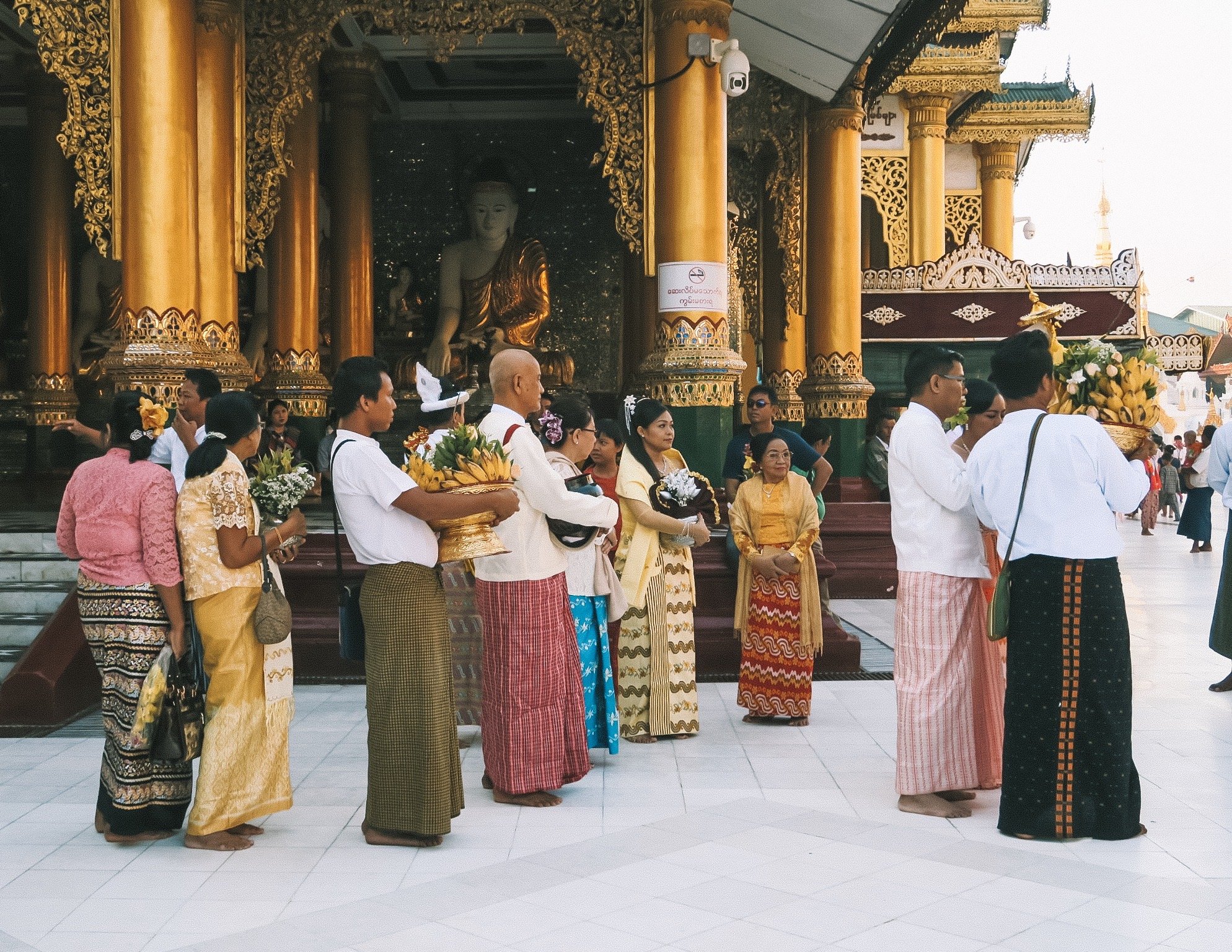
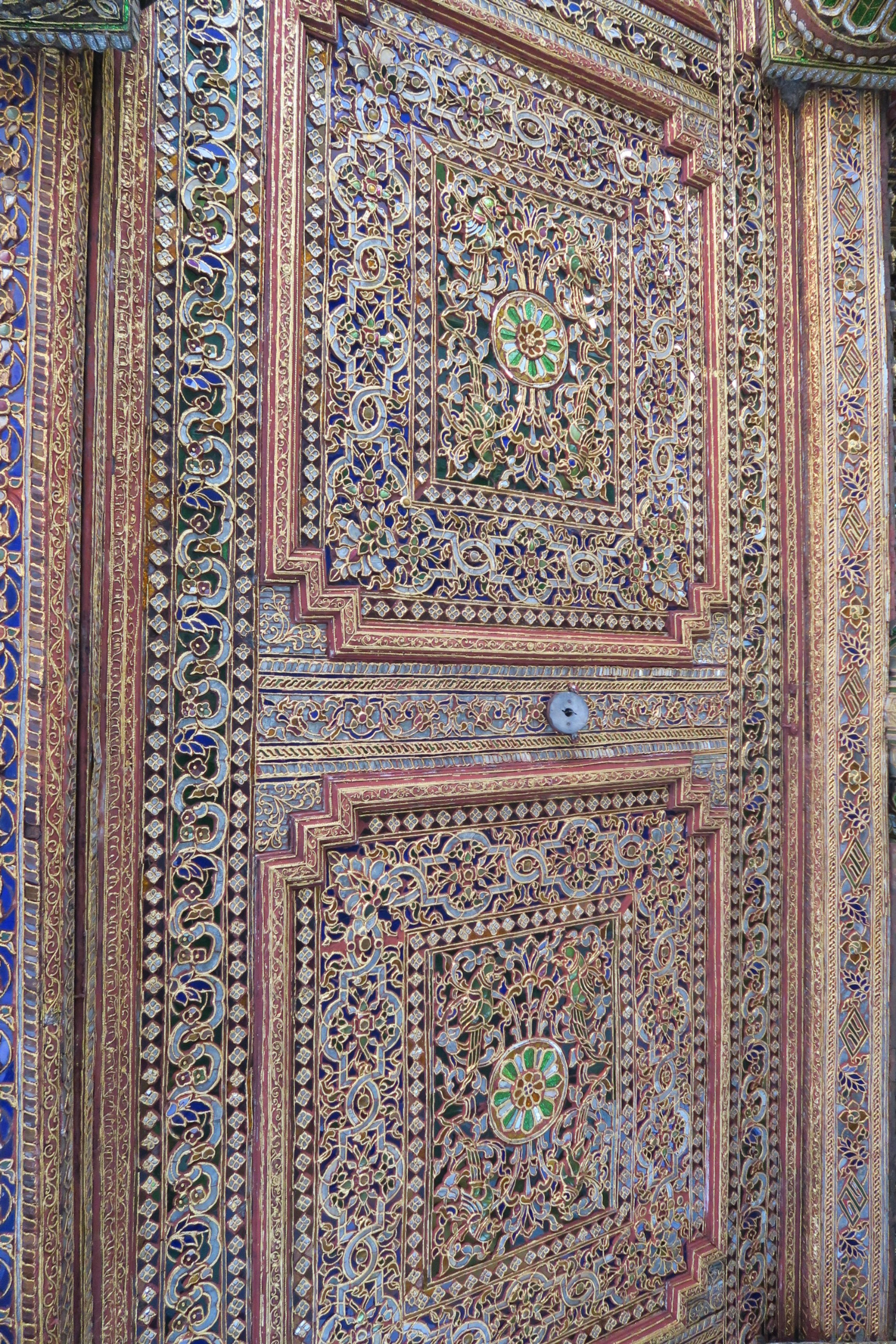
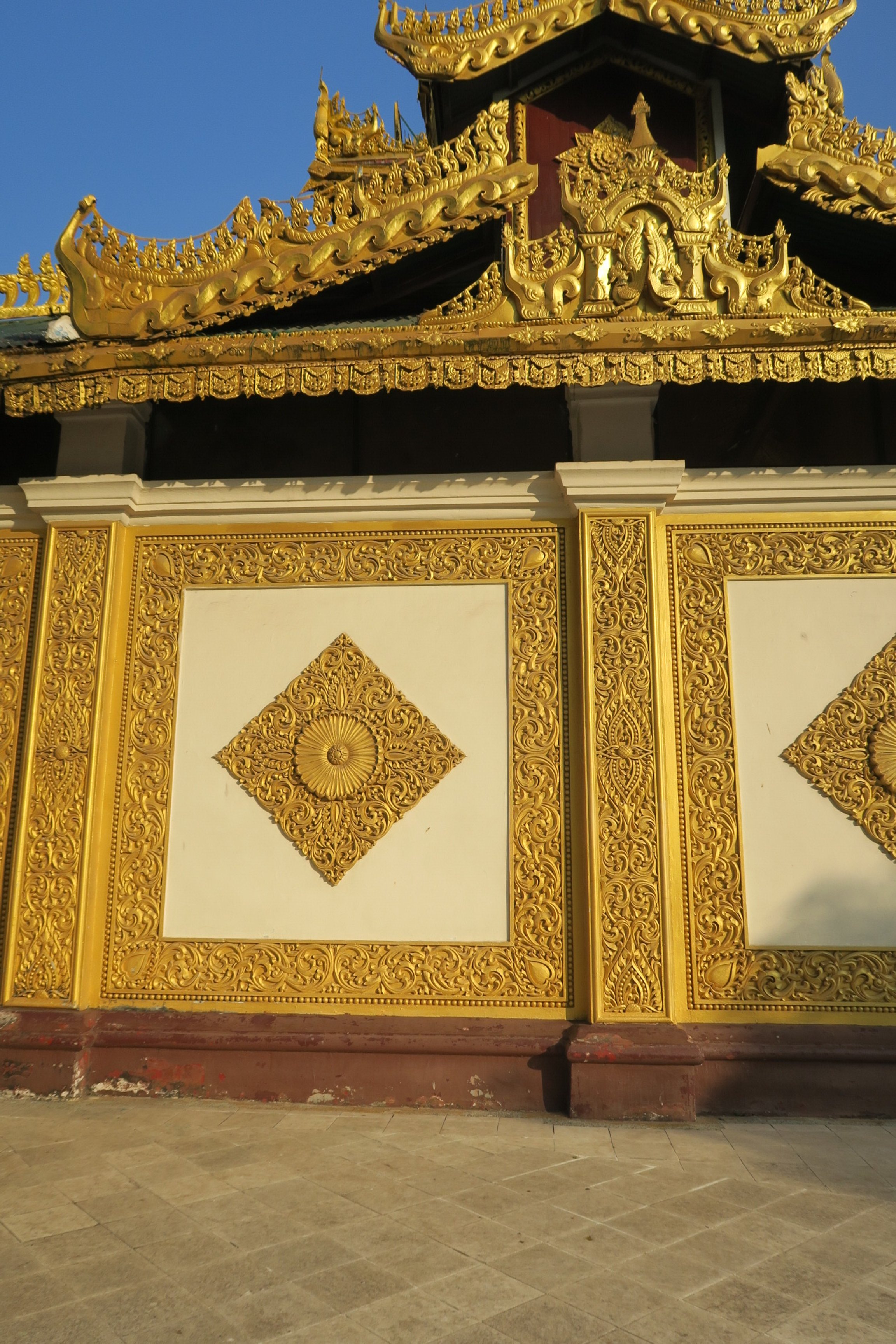
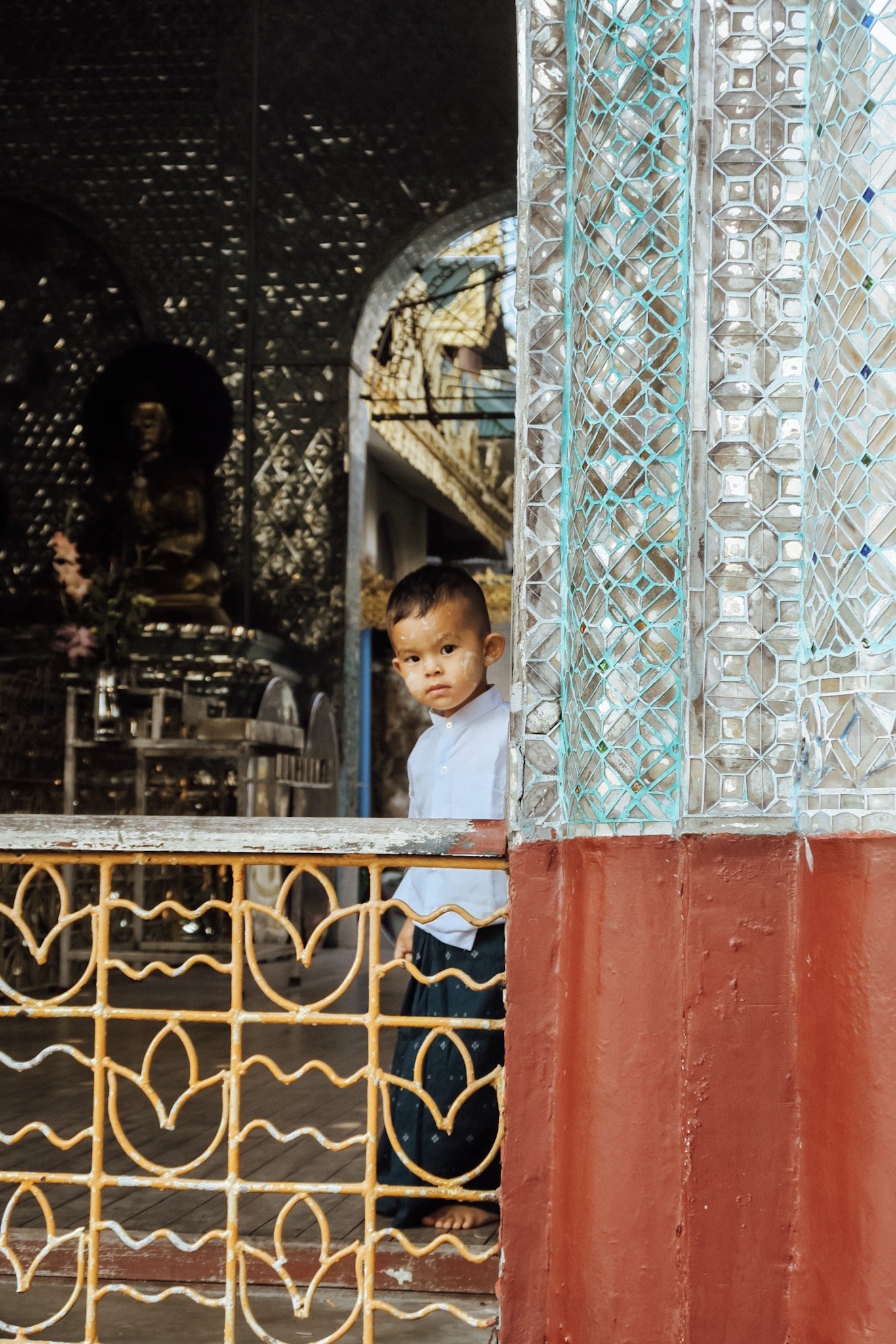
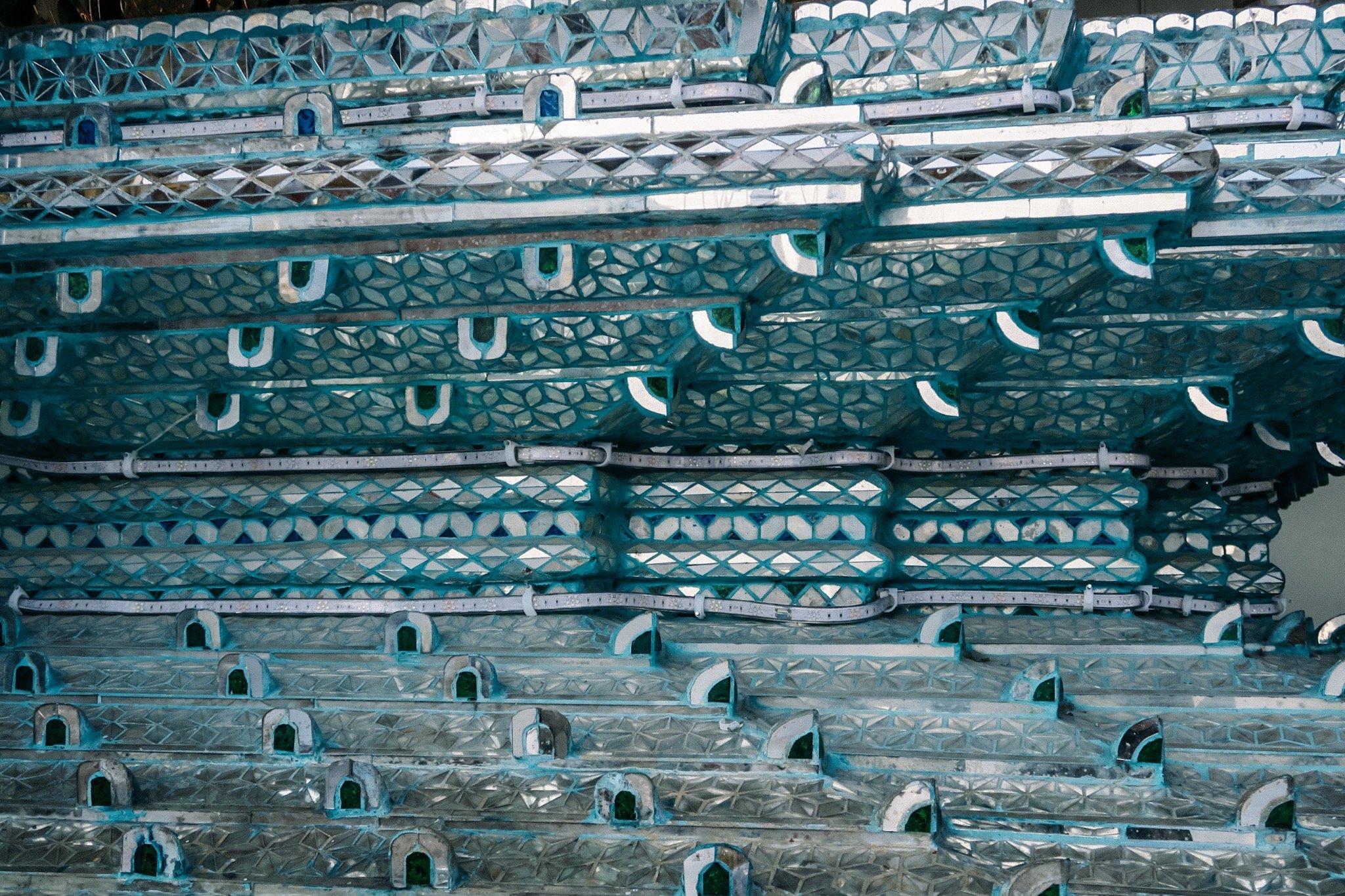
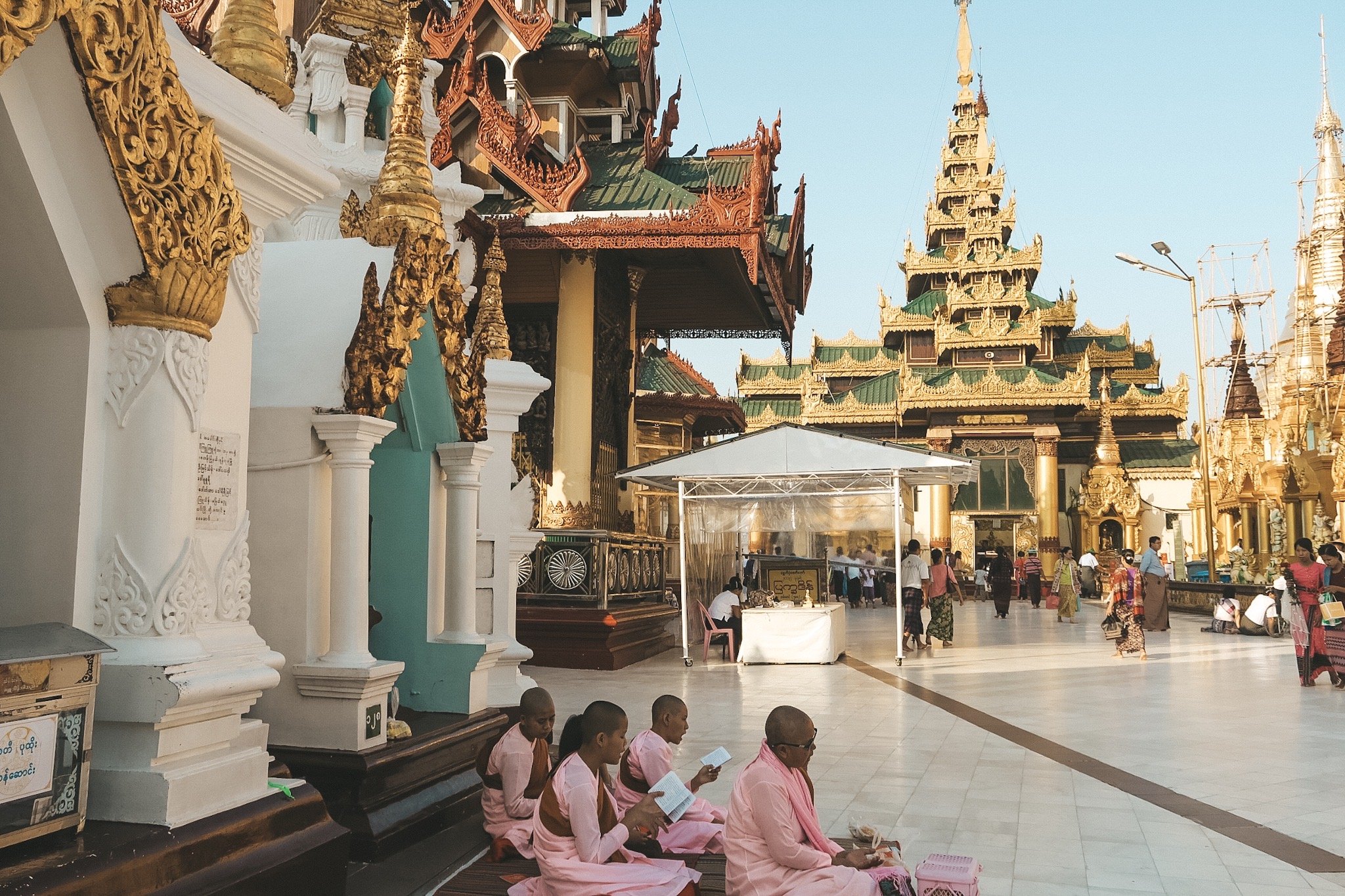

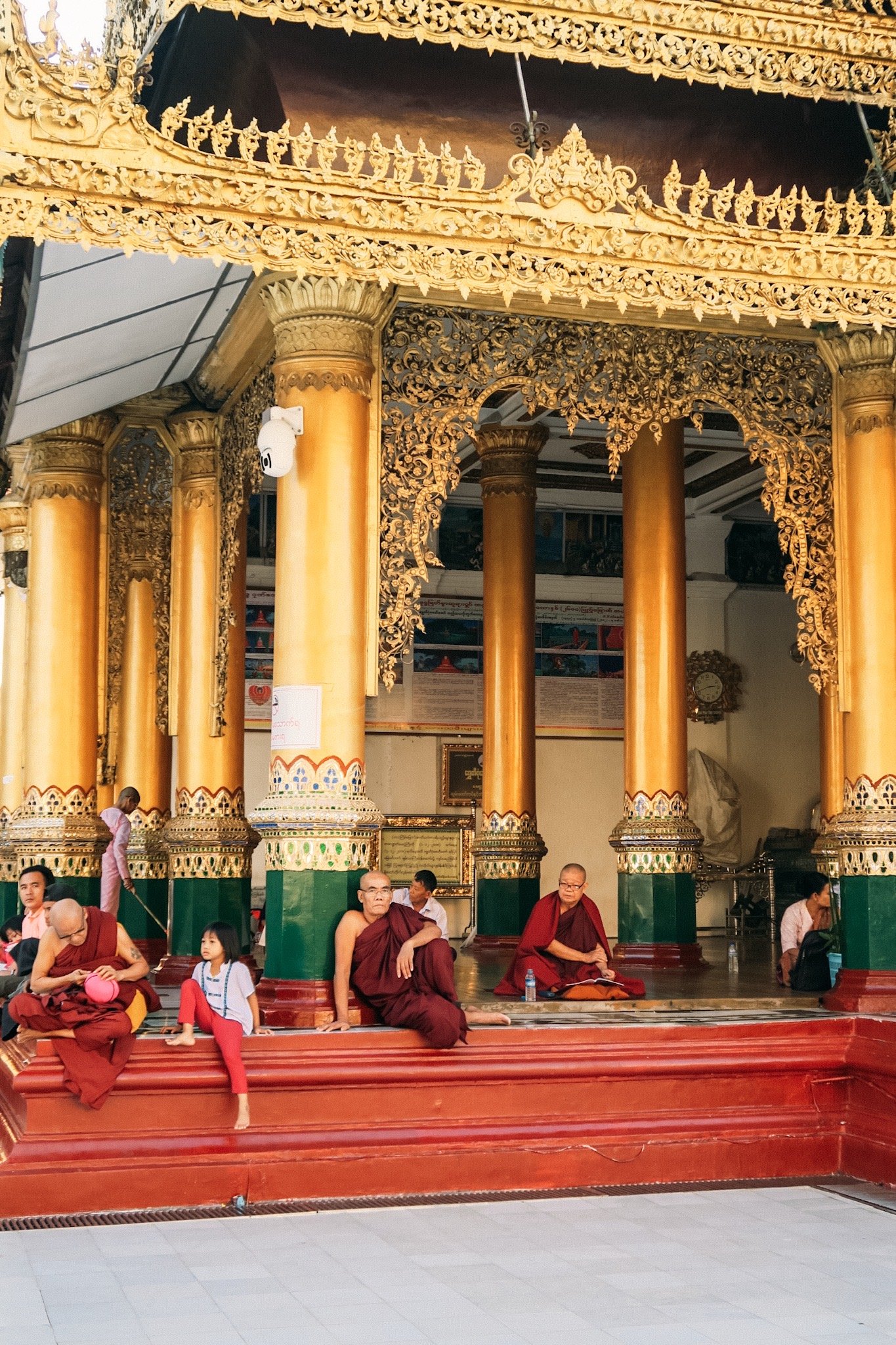

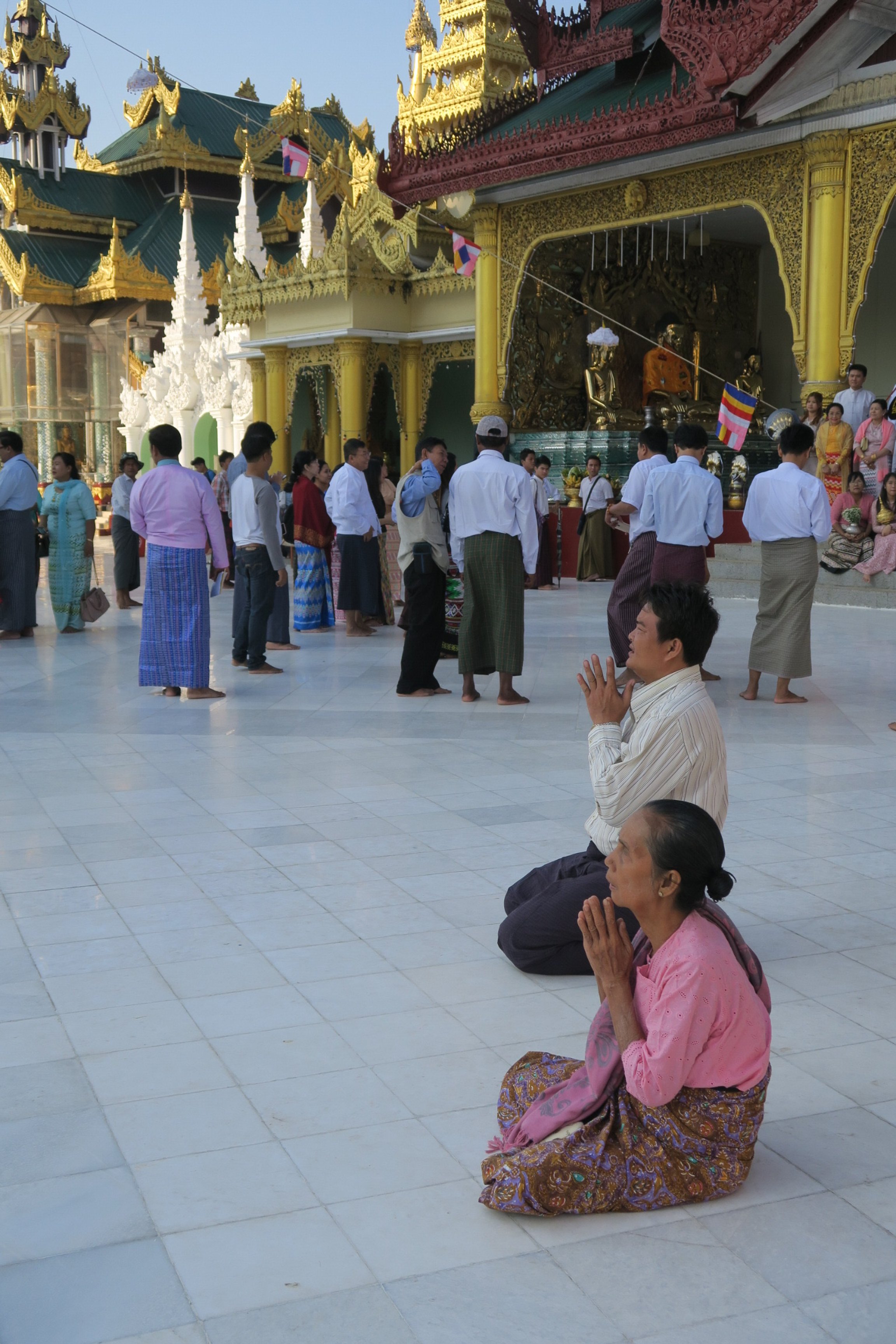
Myanmar was colonised by the British from 1824 to 1948 and Yangon has the highest concentration of colonial buildings in the world. Most of the buildings are still there even though not in the best condition. I definitely recommend exploring some of these colonial buildings such as the Bogyoke Aung San Market, the Secretariat and the Strand Hotel.
I really wanted to join a street food tour while I was in Yangon but unfortunately I didn’t have time. Some friends recommended the Sa Ba Street Food Tour, they do two food tours per day. My friends had taken the morning tour which included tea, pastries, salads, coffee, noodles and many other traditional Yangon dishes. The tour guide spoke great english and explained how everything is prepared as well as the dishes cultural and historic significance. I wish I had managed to book this tour and I definitely will next time I am in Yangon.
My last day in Yangon I went on the circular train. This train ride isn’t that popular among tourists, and I only met a couple of people that weren’t locals while I was there. It is a commuter route that services all the little villages around Yangon. It stops regularly going through many towns, chaotic markets (there are markets on the tracks), jungles, and unfortunately parts where all you can see is trash. Still it’s probably my favourite and definitely most authentic experience in Yangon. The entire loop takes about three hours to complete, and you can also hop off if you see a place you would like to explore. I was catching a bus afterwards so I didn’t have time to hop off but still it was a wonderful experience to have. Here are some photos:
To get a ticket (less than 1 euro) you have to go to the platform, and there you will find a small kiosk, that’s where they are sold, not at the entrance of the station! I loved being on the train, seeing families hop on and off even when the train was moving, seeing people put bags of potatoes, fruits and all sorts of food on the train to take to some other village to sell, even seeing a lady with a massive disk on her head full of all the ingredients she needed to make noodles, which she prepared right in front of you on a moving train. I managed to sit by a door, in order to not miss anything that was happening outside. I met two lovely German girls and we sat together admiring the locals and their everyday lives.
The food in Myanmar was a very pleasant surprise. It was very different to other South East Asian countries food and I loved everything about it. Here is a list of my favourite restaurants in Yangon:
Burma Bistro: Great traditional food with a modern twist. The restaurant is located in an old colonial building and the decoration is amazing - old antique furniture, brick walls and beautiful tiled floors. I loved the food here.
Gekko Restaurant: Japanese restaurant, very cheap, very big choice and really tasty! Very nice atmosphere and friendly staff.
Rangoon Tea House: This is one of Yangon’s most famous restaurants. There is a mix of locals, tourists and people from Europe or Australia that live and work in Yangon. I loved the decoration here as well, and the food was amazing. Similarly to Burma Bistro, traditional with a modern twist. I especially loved the salads. You can also have coffee, tea and great cocktails!
Before coming to Yangon, I did some research trying to find some textile workshops. Unfortunately, educational tourism doesn’t really exist in Myanmar. However, I found some amazing shops for handmade items and textiles.
Here is my list:
Pomelo for Myanmar: This shop is a fair trade marketplace supporting social businesses throughout Myanmar. Every purchase made contributes to social and economic change in some of Myanmar's most marginalised communities and helps to support unique skills and craftsmanship. All items have a story and I loved this shop and the staff. I got a lot of presents for loved ones from here and I definitely recommend you visit.
Scott Market (Bogyoke Aung San Market): A colonial building that houses a market selling antiques, paintings, handicrafts, textiles, herbs, jewellery and all kinds of souvenirs. There is also a food market in here.
Sunflowers Organic Dye Textiles & Crafts Shop: Probably my favourite shop. The people that worked there didn’t speak english and there was a power outage so there was no light! But they were so friendly turning on their phones to shine light on all the fabrics for me to choose. It’s a bit hard to find this shop and I actually went there twice before realising where it is and that it’s open. There is a sign but the shop is actually upstairs which isn’t clear by the sign. I got lots of naturally dyed and un-dyed fabrics from here.
Yangoods: There are a few Yangoods shops in Myanmar. They sell lots of different items, taking inspiration from traditional Burmese art and translating them into bags and homeware. I wasn’t a big fan of their textiles, but I loved the jewellery — simple, yet elegant. I got a lot of souvenirs from this shop.
BAGAN
Next stop was Bagan. I travelled around Myanmar mostly by bus. The company I used was JJ Express, I highly recommend them, they offered water and some snacks, there were two bathroom stops, the seats were very comfortable and you also have your own personal tv with movies and series — and all this for 20 US dollars.
Bagan is probably the most famous tourist destination in Myanmar, probably because of the hot air ballon and sunrise photos. There are over 2000 pagodas in Bagan. I loved Bagan and it is as magical as it appears to be in the photos. I stayed there for two nights and I wish I stayed for more. I stayed at the Areindmar hotel in New Bagan. The room was really spacious and I loved the decor. They also have a pool and really nice breakfast as well as lunch and dinner. The staff were super nice and helpful. I arrived at three in the morning and even though I was supposed to check in at 10 in the morning, they gave me my room at three with no extra charge.
The main thing to do in Bagan (except from riding a hot air balloon which I couldn’t do — it costs around 300 US dollars) is temple hopping. There are almost no cars in Bagan, and the way to go temple hopping is to rent an electric bike. Even though everyone there kept telling me to try and that it’s not hard I chose to not rent one since I’ve never driven anything before. After talking to the receptionist she arranged for a tuk tuk driver to take me around. It was really nice because he also told me historical and cultural facts about the temples and Myanmar in general.
Between the 9th and 13th century over 10,000 temples were built in Bagan. However, a series of earthquakes destroyed most of these temples. Today, around 2,200 are standing. Bagan is actually not a UNESCO World Heritage Site yet, which I found very surprising. A few years ago you were allowed to climb up most of these pagodas but due to earthquakes and lots of accidents you aren’t allowed to climb to most of them anymore. However, I actually climbed on two thanks to my driver! I told him I really wanted to do this and he showed me two temples where it’s still allowed. So firstly here are some photos from one of the two climbing pagodas, the sunrise and the hot air balloons:
A magical and unforgettable experience. Next I am going to make a list of some of the pagodas I visited however I recommend just stopping wherever you can! Each pagoda is unique and beautiful. Here is the list of most of the ones I visited, however there are lots of small ones that don’t have names:
Ananda Temple: Probably one of my favourite temples. I almost lost my sandals here, so make sure you remember where you entered from! The Buddhist temple consists of four standing Buddhas.
Bu Paya: This temple is right next to the Ayeyarwady River. The original pagoda was completely destroyed in the 1975. As result of this earthquake, the pagoda broke into pieces and fell into the river. It was, however, fully reconstructed using modern materials. The view is really nice and there are lots of locals here coming by boat to pray.
Gawdawpalin: The Gawdawpalin Temple is the second tallest temple in Bagan. The temple was heavily damaged during the 1975 earthquake but was reconstructed in following years.
Htilominlo
Khaymingha Pagoda
Lawka Nanda
Maha Bodhi Phaya
Pyathetgyi Pagoda
Shwegu Gyi Phaya
Shwesandaw Pagoda
Sulamani Temple
Tha Beik Hmauk Gu Hpaya
Thatbyinnyu
Here are some photos:
Bagan has lots of restaurants. I really recommend trying different curries while you are there. There lots of family run restaurants in old Bagan and food is really cheap. One of my favourite restaurants was Royal Restaurant which had amazing Indian food.
The people of Bagan are so friendly and Myanmar was actually the only place where no one followed me around trying to convince me to buy stuff. Artisans are happy to explain how they make things and they are usually making things like puppets, jewellery and lacquerware while at their stands.
In the following photos you can see that a lot of people have a yellow paste on their cheeks. This is called Thanaka and it is a yellowish-white paste made from ground bark. It is a distinctive feature of the culture of Myanmar, usually women and girls (sometimes boys too) apply it to their face and sometimes the arms. Thanaka cream has been used by Burmese for more than 2000 years. Thanaka gives a cooling sensation and provides protection from sunburn and it is also believed to help remove acne and promote smooth skin.
I am so happy I got to visit Myanmar, it’s a wonderful place. After Bagan I went to Inle Lake and Mandalay. More about my trip there next week.
Have a nice week,
xx
Christiana
Vietnam and Thailand Week Thirteen: Ho Chi Minh City and Chiang Mai
Vietnam and Thailand Week Thirteen: Ho Chi Minh City and Chiang Mai
After Hoi An my next stop was Ho Chi Minh City. I stayed there for four nights, before taking another plane back to Chiang Mai to meet a friend I met in Laos. We met during my weaving course in Houey Hong (more about this on my Laos blog post). She was working in Bangkok and was going to Chiang Mai for a long weekend to see the Loy Krathong and Yi Peng festivals so we decided to go there together.
HO CHI MINH CITY
HCMC or otherwise known as Saigon is the most populous city in Vietnam. It’s located in the southeast of Vietnam. It is a city with skyscrapers, shopping malls and lots of national and international banks and companies. The current name of the city was given after the fall of Saigon in 1975 honouring Ho Chi Minh, the first leader of North Vietnam. Ho Chi Minh is chaotic, with millions of scooters everywhere. It’s not a city I would visit again, I don’t think it is as unique as other places or cities in South East Asia.
However, I enjoyed my time there and there are wonderful places to visit and explore. I stayed in an AirBnB that I definitely don't recommend so I’m not going to include it. The gist of why I didn’t like it is because I didn’t really feel safe, the area was weird, the way I got in and out of the flat was weird and difficult and I had neighbours knocking on my door multiple times… Anyway. I’m sure you can find nice places to stay in HCMC, I just wasn’t lucky — which was going to happen at some point in my trip.
Saigon is a city of many architectural influences such as France, China, Japan, the Soviet Union and the US as well. There are loads of nice cafes, restaurants, shops and museums to visit while in Ho Chi Minh. Here is a list of places I visited:
Ao Dai Museum: Small collection of Ao Dai dresses but still worth a visit. (More about this further down)
Ho Chi Minh Museum of Fine Arts: This museum was established in 1987. The building is a perfect example of Indochina’s architecture, with a combination of both French and Chinese styles. In 2012, the museum was recognised as an architectural monument. It displays a collection of over 20,000 artefacts. (More about the museum further down)
Jade Emperor Pagoda: It was built by the Chinese in 1909. It is a Taoist temple decorated with divinities.
Loft Cafe: Food, coffee and drinks are great and it’s a really nice co-working space!
Oromia Coffee and Lounge: Nice cafe with nice snacks, breakfasts, juices and coffees.
Poke Saigon Ly Tu Trong: I ate here twice while in Saigon. I loved the staff, and it was probably the best poke I’ve had in my life. You choose everything — what kind of rice you want, if you want some salad with your rice, the fish, the sauce, and you have a choice of around 25 toppings too. It’s super cheap. Definitely recommend this place!
Poke House Vietnam: Another place with amazing poke. Apparently there are tons of poke restaurants however this and Poke Saigon were the ones I went to and loved.
Ralf’s Artisan Gelato: If you are craving ice-cream — this is the place to go!
Reunification Palace: Home of the former president of South of Vietnam and has an amazing Art Deco interior.
Saigon Grill Restaurant: Rooftop restaurant with a really nice view.
Saigon Oi Coffee: Meeting hub for lots of creative freelancers working in the city.
Shamoki Robata Yaki: There are two restaurants here. The main one, and one on your right as you enter the main one. Just go at the small door and you will find a bar and around 10 small tables. All the food will be prepared in front of you. Great Japanese food, sake and beer. Definitely recommend.
Secret Garden Restaurant: Hoi An style lanterns everywhere and delicious traditional Vietnamese home cooking.
South-Vietnamese Women Museum: This museum is dedicated to celebrating the accomplishments of Vietnamese women. There are signs with explanations in both English and French as well as a lot of displays of traditional Ao Dai dresses, photos, textiles, and stories of Vietnamese women in history. (More about this museum further down.)
Temple Goddess Mariamma: This temple is a sacred Hindu Temple dedicated to the goddess of the Rain. It was built in the late 19th century by traders coming from India. It is the only Hindu temple in Saigon and is believed to have miraculous powers giving luck to its visitors. The outer wall of the Temple has a collection of interesting statues of different gods and goddesses like Mariamman, Vishnu and Ganesha. I enjoyed seeing this temple, it’s very different to other temples I saw around Vietnam.
The Workshop Coffee: My favourite cafe in Saigon. Loved the atmosphere (full of freelancers and people that work remotely) amazing food, great music, and really good wifi.
Thuy Design House: A fine artist who became a fashion designer (self-taught) — colourful and fun collections inspired by Vietnamese culture. Loved her clothes and accessories.
Ho Chi Minh Museum of Fine Arts: The Fine Arts Museum once belonged to one of the city’s richest men and is one of the largest galleries in the city. The three floors are dedicated to contemporary Vietnamese and international art. It is very nicely curated with displays arranged in a way that allows you to walk through the evolution of Vietnamese art through modern history.
The museum is housed in a beautiful yellow and white colonial mansion. Above you can see some photos of the building’s interior.
Ao Dai Museum:
This museum opened in 2014 and displays the story of Vietnamese Ao Dai throughout the history of the country. The Ao Dai is the national costume and a prominent symbol of the country. The designer Le Si Hoang was the one that funded this museum, exhibiting Ao Dais from the 17th century all the way to modern adaptations, achieving to show the evolution of the dress.
Here are some photos:
South Vietnamese Women Museum:
The South Vietnamese Women Museum was constructed to honour Vietnamese women for their contribution to the country’s development but also to celebrate the role of women in the war as mothers, wives and fighters. There are three floors that depict historical figures, highlighting women’s roles during the revolution: serving as politicians and administrators of the country. There are also textiles, clothes, Ao Dais and other crafts and items of their every day lives.
Here are some photos:
My last day in Ho Chi Minh I decided to go for a Mekong Delta tour. I had already seen everything I wanted at the city and that’s why I decided to go on this tour. I wasn’t that impressed, however it was a nice thing to do instead of just going to the same places again.
It was a guided tour (around 14 of us), and I was picked up from the AirBnB I was staying at. We drove in a minivan and it was about an hour to get to the first stop which was the Buddhist Vinh Trang Pagoda. After around half an hour there we went on a boat for the cruise. It was nice, however there were loads of other tours going on, lots of boats everywhere, and way too many people. The scenery was nice, but the tour as a whole was quite touristic. We stopped in a Mekong village to see how coconut candy is made and then we tried some honeybee tea and listened to some Vietnamese folk music. I must say it was a very touristic experience and definitely not unique. Before going back to HCMC we also had lunch which was very tasty. I don’t really recommend this tour and that is why I haven’t mentioned the tour operator. Still, it was a different experience to HCMC and I love being on boats so can’t complain.
Here are some photos:
CHIANG MAI:
Short trip back to Chiang Mai for three days for the Loy Krathong and Yi Peng festivals. As mentioned above, I went to Chiang Mai to meet a friend I met while I was travelling in Laos. Since I was back in Chiang Mai, I did some research and booked a weaving workshop.
First day in Chiang Mai I went to Rada Loom. Rada Loom is a weaving shop. They make modern looms and sell weaving equipment and they also produce Eri Silk which they give to women who live in villages around Chiang Mai to naturally dye for them.
The eri silk cocoon can be harvested by cutting and removing the pupa from the cocoon without any harm. They leave the pupa in ‘a safe place’ in order for it to transform into an adult moth which can reproduce. I find it amazing that the pupa doesn’t have to be killed in order for the silk to be produced. It’s a vegan alternative to regular silk. Eri silk has some unique characteristics. The silk produced from the Eri cocoon is shiny and but it’s texture is very soft, similarly to wool. Eri silk is breathable, and it can be both hand and machine washed. Apparently it gets softer every time it’s washed.
Rada Loom is located in the Jing Jai Market and even though it’s a bit far from the old town of Chiang Mai it’s definitely worth the visit. There are many nice shops there and some cute cafes too. I don’t think it’s that well known, there aren’t many tourists there.
The weaving workshop was really nice even though not really traditional but rather modern. I made a fabric using eri silk dyed with indigo and ebony. I learnt how to create a twill (diagonal lines pattern). After finishing my fabric (I think it took around four hours) I left and the lady there sewed it in a bag for me! I loved the finished piece, but I also really liked the feel of the Eri silk and weaving with it. I definitely recommend booking a workshop with them, you can make scarves, wall hangings, pillow cases, wall hangings and coasters. It’s also worth a visit, even if you don’t want to weave, their items are really pretty, handmade and eco-friendly.
After my weaving class in Rada Loom I decided to go to the Thai Tribal Crafts Fair Trade shop. I hadn’t been there before so I was excited to visit. This place was founded in 1973. The aim of the business is to improve the quality of life of the tribal people living in mountain villages of Northern Thailand by providing them a vital and fair income. In 2002, the Thai Tribal Crafts became a member of the World Fair Trade Organisation.
On the ground floor there is a shop with items produced by artisans from the seven different tribes: Mien, Lahu, Lawa, Lisu, Karen, Hmong and Akha. Each hill tribe is skilled in specific designs and methods that make each item unique. The Thai Tribal Crafts purchases these items from the artisans, and either sales them as they are or make them into new products. The items are entirely handcrafted, hand-woven and hand-stitched. Some of the techniques used are back-strap loom weaving, batik, basketry, appliqué and embroidery. All of their products explain the technique and talk about the woman who made it as well as the hill-tribe she is part of. It’s a really nice organisation, the products are all beautiful and the staff there are wonderful as well.
I talked to Elias, the manager and told him about my studies and about my textile research trip. He suggested I do a weaving class, which takes place in the second floor of the building. I explained that I could only do it the next day because the following I’d be leaving for Myanmar. Even though I arrived in the shop a few minutes before they closed, he called different artisan teachers and arranged the workshop for the next day straight away!
I had two different teachers while I did the class and they were both very smiley and helpful, showing me how to set up a loom, weave and make a traditional Lahu pattern. They offered me water, tea and many different traditional snacks. They explained both setting up a Karen loom (like I learnt at studio Naenna, more about this here) and a Lahu loom. While weaving in the Lahu style, the right side of the fabric is the top, whereas weaving the Karen way, the right side of the fabric is the one you can’t see while weaving. Another difference is that the Karen create the pattern while setting up their back-strap loom, whereas the Lahu count threads and create patterns while weaving. I just made a tiny sample but it was a really nice experience and I understood a lot. The yarn they use (cotton and silk) are naturally dyed as well.
Everyone was very informed and I really enjoyed my time there - would definitely visit again and I really recommend doing a workshop with them!
Thailand has festivals almost every week, and the people of this country just love celebrating. Whether it is a new year or a new moon, Thai people will always find a reason to have fun, get together, dance, share their amazing food, and party. Loy Krathong is one of the biggest celebrations of them all, and in Chiang Mai it coincides with a Lanna festival known as Yi Peng, which involves the launching of thousands of fire-powered paper lanterns into the air for good luck. The sky appears to be full of burning stars, the river is covered in Krathongs (banana leaves bowls with flowers and candles on them) and it’s an amazing view, like a dream come true.
There are many reasons why Loy Krathong festival is celebrated. First of all, this time of the year marks the end of the rainy season. It is believed that Loy Krathong, otherwise known as ‘the festival of light’ originated in the ancient city of Sukhothai, located about five hours north of Bangkok. It is not really a religious holiday, but you will see many Thai people praying to the water goddess, Mae Khongkha, as they send their decorated ‘boats’ down the river.
Each candle placed on a boat has a prayer or a wish attached to it as it makes it way down the river. I think that is the basic idea of the entire festival —it is a new beginning. Thai people and foreigners participating in the festival let go of whatever their misfortunes are and let the water carry them downstream.
Standing on a bridge in Chiang Mai during Loi Krathong and Yi Peng is truly unforgettable as both the Ping River and sky appear to be on fire at the same time.
The sky lanterns, known as khom loi, are made from thin rice paper and are heated by a fuel disk. When done correctly, the large lanterns fly surprisingly high. Messages, prayers, and wishes for good luck are written on the lanterns before launch. Obviously, lots of accidents happen, trees catch fire etc, but it’s still a very unique experience and I am so happy I got to see this.
Thailand has a very special space in my heart, especially the north. I love the people, their way of life and how positive and optimistic they are. I will always have more places I’ll want to visit there, and places I’d like to return to. Vietnam is very different, and I think tourism has changed it a lot. I am very happy I visited and yes there are places like Sapa that I’d like to visit again, and places like Ninh Binh that I didn’t have time to visit however didn’t manage to. However, from all the countries I visited in South East Asia it’s the one I can’t see myself visiting soon.
Next, I visited Myanmar, a country I never planned on visiting but ended up in. Such a pleasant surprise, and probably one of my favourite countries in the world. More about it in next week’s blog post!
xx
Christiana
Vietnam Week Twelve: Hoi An
Vietnam Week Twelve: Hoi An
Last week I wrote about how I travelled from Hue to Hoi An via Hai Van Pass on a motorbike (you can read about it here). Hoi An was probably one of my favourite places in Vietnam. I loved it’s architecture, colourful streets and it’s food! The Old Town of Hoi An is a UNESCO World Heritage Site. Hoi An was a trading port and it is still well-preserved, with it’s buildings reflecting a blend of native and foreign influences.
My airbnb hostess told me that Hoi An translates to “a peaceful meeting place” — which I could imagine, a few years ago. The city is very atmospheric, and it does give you a sense of calm, quiet and peace (especially now that I think back to my travels) however, it’s of course full of tourists today. Despite that, if you walk around and try to ‘get lost’ you will find some peaceful streets.
I stayed at this AirBnB. It was nice because it was between the Old Town and the beach. It was a 20 mins walk to both. They also had bicycles that guests could use for free. I walked to the town sometimes, and returned with a Grab motorbike. (I definitely recommend using this app. The fair is set and you don’t have to negotiate a price and they are always friendly people driving.)
The Old Town has preserved its incredible heritage of Japanese merchant houses, Chinese temples and ancient tea warehouses — however, local residents and rice fields have been gradually replaced by tourist businesses. Cafes, bars, hotels, and a plethora of tailor shops are everywhere.
Still, like I already said, walking around streets, taking the wrong turn can prove to be magical. It is also nice to go down by the market and over to Cam Nam island, where things seem more calm and less westernised. There is amazing scenery to discover by bicycle or motorcycle and I definitely recommend travelling around Hoi An and experiencing it’s more authentic side.
Here is a list of places to visit in Hoi An:
Cua Dai Beach: I walked here and saw the sunset. It’s not an amazing beach, but it’s still nice to visit and see.
Handicraft Workshop: Housed in a 200-year-old Chinese trading house, the Handicraft Workshop has artisans making silk lanterns and practising traditional embroidery in the back.
Japanese Covered Bridge: This beautiful little bridge is a symbol of Hoi An. The bridge was first constructed in the 1590s by the Japanese community to link it with the Chinese quarters. Over the centuries the ornamentation has remained relatively faithful to the original Japanese design. The French flattened out the roadway for cars, but the original arched shape was restored in 1986.
Li Me Shop: Amazing shop in Hoi An. Everything is made with linen and is naturally dyed. I loved everything in this shop. The owner who is also the designer is happy to make alterations to clothes for you, she made special size indigo trousers for me which was really nice of her! (No extra cost) Definitely recommend visiting! Here is her instagram account.
Mango Mango: One of the most beautiful Hoi An restaurants, with an amazing view of the river. I really liked the food and I must say that the cocktails here were amazing as well.
Morning Glory: I ate here twice. There are three morning glory restaurants in Hoi An. They are all in historic buildings which create a very nice atmosphere. The food is traditionally prepared and reminds of street food. There is a great selection of vegetarian options as well, one of my favourites were the smoked aubergines.
Nu Eatery: One of my favourite places to eat in Hoi An. Seasonal small plates, perfect for someone travelling alone. I ate pork-belly buns and the classic Vietnamese salad with pineapple and pomelo. They also have amazing chilli and ginger ice cream!
Old House of Tan Ky: This House was built two centuries ago by a Vietnamese family. This house has been preserved through seven generations. Japanese and Chinese influences can be found in the architecture.
Precious Heritage Art Gallery Museum: My favourite stop in Hoi An. A cross between a museum and a gallery. A combination of amazing photos of Vietnam's hill tribes with artefacts and clothing collected from each group during the photographers wide-ranging travels in remote areas. More about this further down.
Reaching Out Teahouse: Great service from the staff here, fantastic quality tea, coffee and biscuits. A range of local blends of both coffee and tea as well as refreshing fruit juices. A charming atmosphere of an ancient, tastefully decorated house in the heart of the town. The staff is speech and hearing impaired and you are welcomed and treated with smiles and the friendliest gestures. I went here a few times, it’s the perfect place to relax and read.
Sunday Shop: Probably my favourite shop in Hoi An. Here is a quote from their website: “The team at Sunday in Hoi An has sought to work with master artisans from various handicraft villages throughout Vietnam and Southeast Asia to create beautiful handmade products from natural materials such as bamboo, silk, linen, wood… We are passionate about curating a chic and sustainable experience and lifestyle using the exceptional creative skills that our artisans have to offer. And we hope that by doing so, we can deliver a little sunshine from Hoi An to enrich your life and the space you live in.”
Thanh Ha Terracotta Park: This is a place I really wanted to visit but unfortunately didn’t have time to… The museum presents an overview of the history of terracotta in different countries and cultures around the world. Often there are local craftspeople in residence in the museum's workshop and you can see them creating.
U Cafe: U Cafe is a hidden gem in Hoi An. Almost unknown by tourists, (a friend recommended it to me) and mostly visited by locals. It is owned by a Japanese lady. This cafe only uses organic products from local farmers and offers delicious coffees with a great view of the river. The facilities are very clean and nice, with beautiful fish ponds in two floors. It's a good spot to relax and sip a nice cup of coffee while enjoying the sunset.
White Marble Wine Bar: Hoi An’s only wine bar! It is located on the corner of Nguyen Thai Hoc and Le Loi Street, which makes it a great place for people-watching. It is a bit pricey for South East Asia, however I think its worth it. The food, wine and cocktails are all amazing and so is the staff. I loved everything about this place and I would definitely go there again next time I am in Hoi An.
The Espresso Station: My favourite cafe and coffee in Hoi An. It is tucked down a cute little alleyway, it has a really nice garden setting and it’s very chilled with a relaxed vibe and very friendly staff. I tried the dark soul latte which is an espresso blended with hot creamy milk and Activated Charcoal. I also tried the pink latte which consists of steam milk and beetroot and no caffeine. Both were really nice! They also have amazing granola that they prepare themselves.
It’s important to note that more than 800 historic buildings in Hoi An have been preserved and that is why the Old Town looks like it used to look several centuries ago. Eighteen of these buildings are open to visitors and requite a pass/ticket for admission. (The fee goes towards funding conservation work.) Each ticket allows you to visit five different heritage attractions from a total selection of 22 including museums, assembly halls, ancient houses etc. I didn’t get the ticket however a few people I met got it and said it was worth it.
One of the things I did while in Hoi An was a lantern making workshop. I found this on the AirBnB website under Hoi An experiences. Hoi An is well known for it’s lanterns, which decorate houses, streets and temples. Traditionally the lanterns were only made of silk and the shapes in which they were made were limited. However, with the passage of time, lantern makers have diversified not only the shapes of the lantern but also the fabric and structure which they use to make them. As a result now, a lot of the lanterns around Hoi An are shaped as lotuses, diamonds, triangles and garlics, and they are made from a cardboard structure (instead of bamboo) and nylon fabric (instead of silk). I made a lantern the traditional way, with bamboo sticks and silk. The lantern is foldable which made it a convenient hand made souvenir for me to carry home. As I mentioned above, my favourite stop in Hoi An was the Precious Heritage Museum. The Precious Heritage Museum and Art Gallery is home to the permanent exhibition of Réhahn’s Precious Heritage Collection.
Rehahn is a photographer who travelled around Vietnam, taking photos and collecting traditional clothing from all the ethnic groups of Vietnam. “No one can deny that the Vietnamese are one of the most resilient nations in the world. Their ability to adapt to their environment and the ever-changing times is something to be admired. Vietnam is incredibly rich in diversity and celebrates it in many ways.”
The museum consists of five rooms, it presents hundreds of portraits and over 60 costumes. As you visit each room you can follow Rehahn’s 8 year journey documenting 51 out of the 54 ethnic tribes left in Vietnam.
One of my favourite Northern ethnic groups are the Lo Lo. This ethnic group is divided into three subgroups: the Flower (photos above), the Red and the Black. The latter get their names from the main colour of their traditional clothes, whereas the Flower Lo Lo get it from their colourful costumes. The Lo Lo flower still make their traditional costume today. It is considered one of the finest in Vietnam, and one of the most expensive ones. A costume costs around 1200$ which makes sense since it is covered with more than 4000 triangles sewn after the appliqué technique and it takes two hours to stitch five of them! A full costume might take a year to be created.
The flower H’mong is a subgroup of the H’mong ethnic group and are considered to be one of the most colourful. A lot of the cultural history can be found in the intricate symbolic textiles and patterns that these people produce. The costumes are filled with so many details, and take up to six months to be created.
According to Rehahn, the traditional costume above was one of the hardest to find. He visited 20 villages until finally meeting a woman who owned the original version. The Cor women traditionally wear it with necklaces made out of tiny beads following the same patterns of colours.
There are three Ta Oi subgroups. From these three, only one, the Kan Tua people know how to make the traditional costume. This weaving technique is called zeng and what’s special about it is that there are tiny glass beads woven in the brocade pattern. This local craftsmanship is slowly disappearing but thankfully local women have started workshops not only to manufacture the costume again but to teach this technique. I will definitely be doing a workshop like this next time I am in Vietnam.
The Dao have nine subgroups. Each has their own traditional costume, to distinguish you have to pay attention to the colours but also the way clothes and accessories are draped, tied and worn. The women use indigo to dye their costumes and the batik technique to create beautiful patterns.
This museum really celebrates craftsmanship, history, customs and makers! Through a collection of traditional costumes of 51 ethnic groups the museum shows the diversity, techniques and beauty of traditional dress. Hemp, indigo, batik, appliqué, embroidery — all these show the ancestral material and knowledge and how they are 100% handmade!
Tribes in the north such as the H’mong are still cultivating hemp, a naturally coarse fibre that involves a very time-consuming process before being spun. The same way, Indigo which is derived from the plant is the result of a long series of steps: collecting, drying, fermenting, oxidising, making the powder and then dyeing.
Batik, which is drawing designs with bees wax on material (usually cotton or hemp) before dipping it into an indigo bath to dye and reveal the patterns. The H’mong usually dye their batiks up to 15 times. Between each bath they usually let it dry 1 or 2 days. The process is very time consuming. The Ta Oi costume which consists of thousands of beads handwoven on cloth take months to make and so does the flower Lo Lo embroidery and appliqué.
The museum really focuses and stresses the amount of work, time and effort put in each one of these costumes. It also really explains each technique with text and photos. This is really important, especially because tourists can understand the process of creating these textiles. I saw so many tourists bargaining and asking for lower prices for items that are 100% handmade and it made me so angry. People in South East Asia are already selling items for much lower prices than things are worth. Hopefully visiting this museum educates people to understand and value the makers of these handmade heirlooms.
One of the day trips I did while in Hoi An was to visit Mỹ Sơn ruins. Mỹ Sơn is a group of abandoned and partially ruined Hindu temples, constructed between the 4th and the 14th century by the kings of Champa. The temples are dedicated to the worship of the god Shiva. Mỹ Sơn is located near the village of Duy Phú, 69 km southwest of Da Nang.
From the 4th to the 14th century AD, the valley at Mỹ Sơn was a site of religious ceremony for kings of the ruling dynasties of Champa, as well as a burial place for Cham royalty and national heroes. Mỹ Sơn is perhaps the longest inhabited archaeological site in Asia, but a large majority of it's architecture was destroyed by US bombing during only a week of the Vietnam War. At 1999 Mỹ Sơn was recognised as a UNESCO world heritage site.
Its definitely worth a visit, it reminded me of Angkor Wat in Cambodia. There is also a small museum close to the entrance which provides lots of information about the history of Vietnam, how the temples were built, the Vietnam War and more.
The other day trip I did was to visit the Ba Na Hills. I have mixed feelings about this place. First of all, it’s expensive for what it is I think. It’s also very touristy and not in a good way. Way too many people, everywhere, everything is packed… However, I wanted to see the Golden Bridge which opened in June 2018. It is a 150 metres long pedestrian bridge, which has two giant stone hands designed to appear to support the structure.
The Ba Na Hills complex is one of the newest projects in Vietnam. It’s a mountaintop resort complex that looks like a medieval castle (which felt weird to be honest, I arrived and felt like I was back in Europe). It’s apparently made to remind you of the French Alps. The buildings are all European-style. I understand this might be really cool in the eyes of some people, but I didn’t like it. The restaurants and cafes had European/Asian fusion menus with prices that were wayyyy too high. There is also a wax museum (which again I found really random) and an amusement park.
One of the things I liked the most was the Cable Car which opened in 2013 and is the longest non-stop single track cable car and is almost 6,000 metres in length. It was amazing to be in there and look beneath you. The view was amazing, waterfalls, lakes, rivers, nature in all its glory. You can see Da Nang and the coast in the distance. This I really loved, and I was lucky to get on a cable car all by myself on the way down.
Anyway, I am glad I visited and some of the things I saw were really nice and interesting. However, it’s not a place I would visit again.
I enjoyed my time in Hoi An, it is a place I’d like to visit again if I am ever back in Vietnam. The food was great and there are definitely lots of shops, restaurants and cafes that I would go back to. I loved the colours of Hoi An they will definitely be a source of inspiration! For me, the most important place I visited was the Precious Heritage Museum and I hope that you will visit it if you are there.
Next week I will be writing about my time in Ho Chi Minh City as well as a very short trip back to Chiang Mai for the lantern festival (Loy Krathong), and two weaving workshops!
Have a lovely weekend,
xx
Christiana
Vietnam Week Eleven: Hue
Vietnam Week Eleven: Hue
After four days in Sapa and one night in Hanoi, I took a plane and went to the South of Vietnam. While planning my time in the South, I tried to find some workshops but unfortunately couldn’t. It seems that the south has lost it’s traditions and has become modernised. People seemed more westernised and the two places I visited —Hue and Hoi An were very touristic. They are both very picturesque, with wonderful colour palettes and colour inspiration in every corner. However, I didn’t feel like I was seeing the original or authentic Vietnam while I was there.
I stayed in Hue, the former capital of Vietnam for four nights. I stayed in this Airbnb which was really nice. It was easy to walk to lots of places and the people that owned it were very helpful, recommending things for me to do and see as well as places to eat. They also booked a hiking excursion for me as well as a motorcycle tour. The Airbnb is not were most of the hostels are but it’s in a peaceful area, and you can walk around to lots of places. However, I was the only one walking — I literally saw NO ONE walking in this city. Everyone is on a scooter, or a grab, or a car or a tuk tuk. Men kept stopping and asking me if I need a ride and why am I walking. (Vietnam was the only place I didn’t feel very comfortable in while travelling alone). Men stopping me every two minutes to ask if I need a ride and then keep driving next to me until I had to say I’m married or something else like that was quite annoying. Especially because I like walking and that’s what I had been doing in all other places I visited, especially for short distances. Anyway, Hue has some really beautiful spots and it’s a shame not walking around the town to see them.
The first day I only walked around in the afternoon and then went for dinner. Here is a list of places I visited throughout my trip in Hue:
Dong Ba Market: I always try visit markets in all the places I go to and it was nice to see this one too. You can buy everything here from souvenirs to spices to food and clothes.Gecko Pub: I went here for a drink one of the nights I was in Hue, it was nice, lots of young travellers visit this place.
Hope Centre: The Hope Centre focuses on assisting disabled and disadvantaged people by providing them with vocational training and work opportunities. The Centre also works with several Minority Groups living in the A-Luoi district situated in the mountainous region that’s near the Lao border. Artisans produce a variety of products from different materials and hand crafted jewellery. The A-Luoi weavers also contribute with their hand woven fabric, scarves and handbags.
Hue Museum of Royal Antiquities: This museum is really close to the Imperial City (you need to have the Imperial City ticket to enter) More about the museum further down the post.
Imperial City: The citadel within a citadel, or the old capital of Vietnam. Read more about this further down.
Le Ba Dang Art Museum: One of my favourite Museums, amazing work by a Vietnamese artist who lived in France for most of his life. Definitely recommend visiting it — more about the museum further down.
Lien Hoa Vegetarian: Very nice vegetarian food and friendly stuff.
Minh Mang Tomb: You need the Imperial City ++ ticket to get in here and you have to take a scooter or tuk tuk, it’s beautiful and definitely worth it. More further down the post.
Nam Giao Esplanade: If it’s on the way I recommend you visit this Heaven and Earth altar.
Nha Hang Ancient Hue: Traditional Hue food.
Nina’s Cafe: I really liked this cafe, it has breakfast, light lunch and dinner options as well as coffee and other drinks.
Nook Eatery: One of my favourite places in Hue, really cosy and small restaurant with tables at the very colourful terrace. Can be a bit expensive for South East Asia standards but it’s still nice for a drink and some snack. They also play really nice music and the atmosphere is great.
Royal Tomb of Khai Dinh King: You need the Imperial City ++ ticket to get in here and you have to take a scooter or tuk tuk, it’s beautiful and definitely worth it. More further down the post.
Ta.ke Japanese Restaurant: If you miss some sushi and other Japanese food here is the place to go.
Thien Mu Pagoda: A nice walk from the Imperial City, a lot of people go there with bikes as well. I would recommend you visit it (more further down).
Thuy Tien lake Abandoned Water Park: Slightly creepy but at the same time strangely photogenic and picturesque place to visit. Definitely recommend it and you can read more about it further down.
Tu Duc Tomb: You need the Imperial City ++ ticket to get in here and you have to take a scooter or tuk tuk, it’s beautiful and definitely worth it. More further down the post.
XQ Embroidery Museum: Very romantic art pieces all done with hand-embroidery. It’s a nice little stop if you are close it. (more further down)
The next day I visited the Imperial City. A citadel within a citadel, it housed the emperor’s residence, temples as well as palaces. Unfortunately, only a fraction of the original Imperial city is left, since it was heavily bombed during the French and the American Wars. Only 20 of the 148 original buildings have survived. I bought the ticket for the citadel as well as the two tombs (it’s worth it). I visited the tombs two days later.
It is quite difficult to navigate in the old citadel, they give you a map but its not clear where you are or where you are going. There are no signs or labels anywhere inside the citadel. That’s how I ended up bumping into Julia — asking her for directions. She was as lost as I was, so we ended up walking together. I loved all the colours, patterns and details found in every corner of the buildings.
I also visited the Hue Royal Antiquities Museum. The collection reflects the social, ritual, political and spiritual life of the aristocracy under the Nguyen dynasty. There are costumes, porcelains, furniture, daily life facilities and ritual items. It was interesting to see things made from different materials such as silver, gold bronze, bone, ivory, ceramics, wood, paper as well as fabrics. Unfortunately photos weren’t allowed.
After some light lunch, I went to the Le Ba Dang Art Museum. Le Ba Dang was born in 1921 in Vietnam, but moved to France in his late teens, he studied in Toulouse and graduated from Fine Art University there. He is quite famous and had exhibitions all over the world, France England, Switzerland, Germany, the Netherlands, Sweden, the USA as well as Japan and India.
The museum is situated by the Perfume River. Over 300 pieces are exhibited. He combines Eastern with Western cultures and artistic styles. He works with a lot of different media, oil paints, watercolours, fabric, collage, wood and metal. I really liked his work and style. Here are some photos:
Next, I went to the XQ Embroidery Museum. They welcomed me with tea, and a lady took me around the museum, answering questions. It was nice to see artisans at work, embroidering. The embroidery here is more modern, and not as traditional as the embroidery I saw in the North of Vietnam. The pieces here were more romantic, with lots of colours (chemical threads) and floral patterns. The work was beautiful.
The following day I went to the Bach Ma National Park. The owner of the Airbnb booked this hiking excursion for me and it was great. It was a full day of hiking, we saw tunnels from the wars, waterfalls, lots of different insects and bats. I didn’t take down the name of the company but I am sure that if you asked you would find something similar to what I did. The good thing was that we were the only group there (around 25 people). We had two guides which helped us. Some of the parts were difficult and slippery (it also rained while we were there — but they were very prepared, they even gave us raincoats). I really enjoyed it. I definitely recommend wearing trousers and hiking boots though. We had to cross some rivers, and there were loads of leeches. Definitely worth it though.
The next day in Hue (again with the help of my Airbnb host) I went on a motorcycle tour. Dung was my driver, he has been doing this job for around 20 years. He usually takes people from Hue to Hoi An. He has a proper motorcycle, not a scooter. In the beginning it was a bit scary but I quickly got over it and ended up loving every minute on that bike. First we went to the Thuy Tien lake Abandoned Water Park. It’s supposed to be closed however you can still go in if you pay a fee. I paid a dollar to the people that were at the entrance and then walked in. I was the only one there, and it was great — I imagined it a bit bigger but it was still a nice experience and I recommend it. Here are some photos:
Next we went to the Tu Duc Tomb, the Royal Tomb of Khai Dinh King and the Minh Mang Tomb. (To enter you have to have the ticket for with the Imperial City ++).
The Tomb of Tu Duc was built for the Nguyễn Emperor of the same name and took three years to build from 1864–1867. It is divided into a Temple Area and a Tomb Area. The emperor Tu Duc reigned the longest of any monarch of the Nguyen dynasty, ruling from 1848-1883. It is a shame that there is almost no information (labels or anything like that) to read next to these temples/tombs/buildings… However, it is amazing to see how elaborate the designs of these places were. The details are all so well thought through.
The Royal Tomb of Khai Dinh is located in Chau Chu mountain near Hue. It was built for the twelfth Emperor of the Nguyen dynasty. It was built from 1920 to 1931 taking 11 years to complete. The tomb is a blend of Western and Eastern architecture. This tomb is also interesting to see. I liked how dark all these buildings looked from outside and how colourful they were at the entrances and inside.
Finally, the Minh Mang Tomb. This King was the second ruler of the Nguyen Dynast. He governed the southern and central Vietnam from 1820 to 1840. He implemented an extensive building program, which included construction of his own funeral complex in the southwest corner of the city. Set along the Perfume River, the burial site comprises 40 structures, including a building for the emperor’s clothes, pavilions for mourners, and the tomb itself. The buildings are elaborate with lots of bright colours, detailed patterns, ornaments and finishes.
Next we also went to the Thien Mu Pagoda also known as the Pagoda of the Celestial Lady. It is a historic temple of the city, which was built in 1601. It’s iconic seven-story pagoda is regarded as the unofficial symbol of the city.
Here are some photos of all four sites:
So the next day I was supposed to take a train to go to Hoi An. I had booked my ticket and I had everything planned. However, Dung (the driver from the previous day) convinced me that it would be sooooo much better if he drove me there. We would stop in many places and it would be a once in a lifetime opportunity to drive on a motorcycle. We would also pass the Hai Van Pass (it was in a Top Gear episode). So somehow I got convinced (I probably asked him 500 times if he is sure that we can both be on the motorcycle as well as my two backpacks and one small suitcase) and we did it. It was probably one of the best experiences I have in Vietnam. Being on that motorcycle for a whole day is something I will never forget.
The landscapes I saw while riding were amazing. It’s so different to be able feel the wind and to be able to see the landscape without having windows or anything else next to you. I loved it. First, we stopped in a fishing village. There, I saw two girls, Anna and Lottie. They were doing the same thing as me, going to Hoi An with easy-riders (apparently that is actually what these drivers were called). They were from Germany, and we decided to drive close by and go to the next stop together.
Next, we stopped at the Elephant Springs. Some rocks there look like elephants and thats why the springs have that name. There are some parts were the current is so strong it’s like a water slide. It was cold but again lots of fun.
After some light lunch somewhere close to the springs, we kept driving, passing through amazing landscapes and entering the Hai Van Pass. I’ve said it already but I really loved it there. The landscapes were mesmerising.
Before reaching Da Nang, we passed by the Marble Mountains. Also known as the Ngu Hanh Son which means “five elements” in English. The Marble Mountains are five marble and limestone hills located in the south of Da Nang. The five mountains are named after the five elements. Kim (metal), Moc (wood), Tho (earth), Hoa (fire) and Thuy (water).
It was really nice to visit this place, I hadn’t heard of it before and if it wasn’t for Dung I wouldn’t have gone. All these mountains have cave entrances and numerous tunnels. You can also climb to the summit of Mount Thuy (water). There also many sanctuaries, pagodas and temples.
Here are some photos:
That was the last stop before Hoi An. We passed through Da Nang a coastal city in central Vietnam known for its sandy beaches and history as a French colonial port. It's a popular base for visiting the inland Bà Nà hills to the west of the city. From there, it was about half an hour to Hoi An.
I was going to write one blog post about both Hue and Hoi An, however I realised that this post is really long already, so Hoi An will be on a separate blog post.
I hope everyone has a great weekend!
xxx
Christiana
Vietnam Week Ten: Sa Pa
Vietnam Week Ten: Sa Pa
Probably the most eye opening and inspiring week during this trip was the week I visited.
Sa Pa is a town in the Hoàng Liên Son Mountains of northwestern Vietnam. It is well known for its trekking, with stunning views of terraced rice fields and the the Muong Hoa Valley. It is also near the 3,143m-tall Phang Xi Pang peak, which is climbable via a steep, guided walk that takes 2 to 3 days (something I would have loved to do but unfortunately didn’t have time to). Hill tribes, such as the Hmong, Tay and Dao, make up much of the town's local population.
From Hanoi, I went to Sa Pa with a bus, my first experience of taking a bus in South East Asia. It was a very pleasant surprise. I used the Sapa Express bus which left around 7.00 in the morning and arrived at 13.00. I definitely recommend using these buses. I had a very comfortable and clean seat, they offered us a sandwich, cake and a bottle of water. The steward was really friendly, making sure we know where we are going after reaching Sa pa and asking us if we need anything. There was also WiFi almost throughout the journey! We made one stop half-way through, there you can buy some snack or drink. There was also a bathroom, but I don’t recommend going in there. The landscapes we saw during the bus ride were amazing. Rivers, waterfalls, rice terraces, mountains, the jungle… A very scenic drive that I will always remember.
Before deciding to go to Sa pa I got in contact with someone who organises tours there, asking if there is a way I could do some traditional textile workshops. She told me about Tamay, a Red Dao artisan who specialises in traditional hand embroidery. Tamay is 45 years old and has three children, and one grandchild. She used to be a local tour guide but now she teaches embroidery, embellishment and natural dyeing to some tourists (usually in textile tours) as well as designs Red Dao garments for the ethical fashion brand “Tamay and Me”. She also has a stand in the famous Sa Pa market, that she shares with her daughter. There you can find some of the stuff she has made, as well as clothes from all over Vietnam that she has bought from other artisans. (Definitely recommend visiting the market!!) She speaks Dao, Vietnamese and her English is almost perfect which was amazing since she learnt English without a teacher. She learnt by talking to tourists from all over the world when she was really young. She can’t write or read English but she speaks it fluently.
I decided to do all three workshops with Tamay, and to stay at her house in order to experience everyday life in a hill-tribe village. I stayed there for four nights. Tamay lives in Ta Phin, a village close to Sa pa. She picked me up from the bus station and took me to the market, it was so much fun to try on almost everything she had there. She explained how to wear different clothes to me, as well as explained symbols and how to distinguish between clothes and textiles made from different hill-tribe artisans. It was a textile history lesson and I loved every minute of it. After some shopping (obviously) we went downstairs to the food market. There except from buying food that gets cooked in front of you you can also buy the ingredients and cook it yourself (at least Tamay could). She prepared a chicken soup with noodles for me which was delicious even though (obviously) very spicy. Then we both went to her scooter for the 45 minutes drive, in the mountains to reach the Ta Phin village. The drive was mesmerising. Sa pa is probably one of the most beautiful places I’ve ever seen. The views and landscapes are breathtaking. Here are some photos:
As I said I home-stayed at Tamay’s house, something I had never done before. It was tough, having always lived in cities - living in a small hill-tribe village was eye opening. No kitchen, no fridge, no clean water, almost no furniture, all sorts of animals running around the house (pigs, cats, dogs, chickens)... Mostly it made me realise how many things I take for granted.
Tamay treated me like part of the family, she taught me so much about the Red Dao tribe, about their daily lives, about their customs, their embroidery, embellishment and natural dyeing. She’s one of the nicest people I’ve met. So kind, so loving, so honest. It was the most authentic experience I had while travelling in South East Asia and even today almost six months later I can’t stop thinking how lucky I was to be able to experience what I did.
The first day we spent it at the market and in the afternoon went for a short hike around the village. We cooked dinner together, probably the best Vietnamese I’ve had. The taste of everything was fantastic. The eggs used were from the chickens outside, the meat was given to Tamay by her friends. The vegetables were from her garden. Unfortunately, I did get food poisoning the third day I was there. However, Tamay made sure to give me plenty of tea and plain rice to calm my stomach down, and I had medicine with me just in case. It was the only time I had a problem with my stomach while in Asia. There was no clean water at the village, they boiled the water and added some herbs which they would drink instead of water. I only had 2L of water for four days with me when I arrived which probably didn’t help my situation. Also the plates and cooking utensils were washed with the water that wasn’t clean and no soap, so I kind of knew I would get food poisoning but at the same time couldn’t do much about it since the closest place I could get food from was a 4 hour hike round trip. Plus the food was really tasty. Anyway, I survived it and that’s what’s important.
The second day we started with the embroidery class. The pattern I focused on is called “Rice Terrace” the pattern shows the rice terraces that surround the Sa Pa region. Tamay gave me a pattern which shows exactly the way they embroider this pattern. From 1 to 2 to 3 to 4, it has 26 steps. Women of the Red Dao hill-tribe learn to embroider from a very young age, usually around six. They learn all these patterns by heart. Before getting married women are supposed to embroider something which their mother in law must approve before agreeing to the marriage.
Embroidering is not something I have a lot of experience in however I found that it relaxed me a lot, and it was nice to try something new. The following first two photos are from the piece of embroidery I did (using chemically dyed thread unfortunately). The next photos are all hand-embroidery that Tamay has done on trousers and belts. It is amazing how detailed her hand-embroidery is, her pieces are a combination of many different patterns, colours, threads, and they are whole garments, full of hand embroidery. Really beautiful. The patterns all symbolise their everyday lives and what they see around them: flowers, nature, elements, animals.
The same afternoon we went foraging for dye plants. It was amazing to see the whole process from beginning to end. Tamay gave me wellies and a basket and we set off. (The bag in the following photo has been hand-embroidered by Tamay.)
While hiking we met lots of women who were in the woods cutting wood for fire, plants/herbs for cooking/medicine or dye plants. I loved meeting Red Dao and Hmong women walking together, trying to find all their differences, in their clothes and accessories. I find it amazing that they wear these traditional clothes everyday. It is also important to note that while I was in Sapa it was the only time I was cold while in Asia, because of the high altitude. During the day if you were outside in the sun it was fine, but in the shade or at night I had to wear lots and lots of layers to keep warm.
The third day in the morning we did the dyeing. I had brought cotton, linen and silk yarn and fabrics to dye and Tamay also gave me some wool to see how the colour would change. We used four dye stuff. One was something like a beetroot (not edible though) which gave a brown colour. We used the bark of a tree which gave a yellow colour, some roots which gave a pink colour and the leaves we collected while hiking which gave a purple colour.
We didn’t measure anything, we just boiled each dye stuff with water for thirty minutes each and then put them into basins and added the yarn or fabric, we left the fabric/yarn in for only half an hour before taking them out. We didn’t mordant anything either, but I mordanted everything when I got home back to Athens. The colours did not dramatically change. It’s a shame Tamay didn’t know the name of the plants in English, however I doubt we have these plants in Europe.
That afternoon we had a class about embellishment. Even though hand embroidery is the technique the Red Dao tribe uses the most, they also do embellishment, adding tassels, beads and coins to their jackets and bags. We added tassels to the hand-embroidered bag Tamay gave me.
The last day in Sa Pa, I still was a bit sick, so we spent the morning talking and embroidering in the sun. I finished my piece and then we went back to the main town and to the market so I could browse and buy some more things. Tamay then took me to the bus station and waited until I was inside. I left for Hanoi where I stayed for one night before taking the plane to Hue.
I loved everything about Sapa and it’s a place I want to visit again for sure. There is still so much to see. The Red Dao and Hmong people are amazing — so friendly and welcoming, I really want to see Tamay again. Sapa will always have a very special place in my heart.
Next blog post will be about Hue and Hoi An.
Have a lovely week!
xxxx
Christiana
Vietnam Weeks Nine & Ten: Hanoi and Halong Bay
HANOI
Our first stop in Vietnam was Hanoi, a very busy capital in the North of Vietnam. Hanoi is considered one of the main cultural centres of Vietnam. With some of the surviving cultural and historical monuments (a lot have not survived through wars) there are plenty of places to see and explore.
I was curious about what I would think of Hanoi since I have friends that really didn’t like it and others that loved it. We only spent three days there and even though we saw a lot of places I still think there is a lot more to see.
On the first day we visited two museums. First, the Vietnam Museum of Ethnology which was amazing (definitely a European standard museum)! It focuses on the fifty four ethnic groups in Vietnam. Each ethnic group has its own cultural identity, but at the same time you can still find certain similarities. For example, some patterns (found in textiles or pottery) can be found in different groups and mean the same thing.
One of the fifty four ethnic groups are the Khmer. Over one million Khmer people live in Vietnam. Most of them reside close to the Mekong Delta. The Khmer mostly depend on the agriculture of rice. I was of course very interested in their handicrafts which include woven silk, plaited mats, basketry and pottery.
The Khmer are renown for weaving ikat textiles using many different colours. They colours are all made using natural pigments. Pink and red are from cashew and sappan trees, yellow are from the sophora and the blue from wings of a beetle (which was very interesting since until now the blues I saw in S.E.A. were all created with Indigo.)
Another ethnic group is the Cham. Their population is 161,000 people. The Cham have a long history in the coastal deltas of central Vietnam. Today, they grow rice and have a highly developed irrigation system that includes canals and reservoirs. Fishing, trading and handicrafts like weaving and pottery are their other main economic activities.
The Cham weave using cotton and silk. Women weavers use an Indonesian style loom that produces relatively few but wide textiles which are usually made into skirts, blankets and head-wraps. They also use a pedal loom that produces a higher quality of cloth but of narrower widths. Those are made into scarves, sarongs and bags.
Vibrant colours and a great diversity of styles characterise Tibet-Burmese women’s clothing. Women in ethnic groups such as the Hani, Lahu, Lolo and Phula wear both pants and skirts. These are usually appliquéd. Some of them also ornament their clothing with pearls, snail shells or silver coins.
There was a section in the museum which focused on how the textiles of some ethnic groups are changing — due to modernisation and globalisation. Natural dyes are being left aside and replaced with chemical dyes. Vibrant (sometimes even neon) colours are being used to dye the embroidery threads. Hmong people use a lot of these chemical dyes to cross-stitch their pleated skirts.
Hmong textiles are probably my favourite because of the combination of natural dyes, batik, embroidery and pleating. Here are some photos from the traditional Hmong textiles displayed in the museum.
Tay brocade is a traditional handicraft which is still practiced in some provinces. The primary materials are cotton and silk threads dyed in different colours. The loom and the techniques employed are similar to those used to weave simple cloth. According to the skill of the weaver she can add up to 150 supplementary weft threads on the loom. To weave the decorative motif, alternative warp threads are lifted up so that the shuttle containing the supplementary weft threads can go through. The most widespread motifs are flowers of the pear tree, the eight pointed star and the leaves of the sugar cane plant. Brocade cloths are made into blankets, baby carriers, backpacks and table cloths.
Here are some photos of textiles I really liked throughout the museum:
The next museum section was outdoors and consisted of houses of all the different ethnic groups. It was very interesting because you could actually enter these houses and kind of see how these people live.
Another section of the museum was the South East Asian Culture Centre which included themes such as textiles, performing arts, religion, daily and social life. The exhibition began with textiles from Laos, specifically the Sam Neua Province which is famous for its supplementary weft patterned cloths.
Next, there were some really pretty brocade and ikat weavings from Myanmar and Indonesia. (pictured above)
It was nice to see textiles from South East Asian countries I haven’t visit such as the Philippines. I loved the details of their costumes. Embroidery, embellishment, appliqué, weaving, dyeing — a combination of techniques, creating a unique piece of clothing.
It was also inspiring to see the influences from China and India. Here are some photos of a different type of batik cloths. They are all naturally dyed with indigo.
I am definitely adding Southern China to my list of places I need to visit after seeing the amazing collection of textiles they had in the Ethnology Centre. Here are some of my favourites:
One of my favourite costumes that for me stood out, was a ‘daughter-in-law’s funeral costume’ from the 20th century, found in Tai Deng, Huaphan, Laos. I am used in seeing rhombuses, squares, triangles and squares in south east asian textiles and seeing circles on this cotton dress was something I hadn’t seen before.
I can’t recommend visiting this museum enough. It’s was very inspiring for me, it’s very well taken care of, there are detailed descriptions in English and French and the exhibits are all one of a kind and beautiful.
Next, we went to the Vietnam Women Museum, this was really interesting as well, however it is not as well preserved as the Ethnology Centre. This museum showcases the roles of women in Vietnamese society and culture. It was very moving to see the contribution by heroic women and little girls (even 8 year olds!) and how they helped during war. Their memories and stories were very touching and it is amazing that this museum focuses on women and everything they have offered to Vietnam. There are also a lot of costumes, basket-ware, fabrics and textiles as well as propaganda posters.
Here is a photo of work made from junior students in Hanoi, it is in the centre of the museum right over the stairs.
One of my favourite hill-tribe clothing is that of the Red Yao Hill-Tribe. I love the red fabrics, dresses, embroidery, embellishment and colour combinations. I actually had the opportunity to stay with a Red Yao family in Sa pa (north Vietnam) - more about this on my next blog post.
Except from objects, the museum had an amazing collection of photographs. Photographs of the women during war, photographs of hill-tribe women in their everyday life, photos of children and photos of textiles.
Here are some of my favourite:
In this museum I learnt that cotton is the most popular fabric for Vietnam’s fifty-four ethnic groups with natural silk coming second but reserved for appliqué and festive costumes. Hmong women use hand woven hemp fabric which is naturally dyed with indigo. The Pathen, Flower Lolo and the Flower Hmong have very colourful clothing which used to be with natural dyes but due to modernisation has now become more colourful because of the colour possibilities of chemical dyes.
The Yao and Phula prefer embroidery as a technique, the Lolo and Pupeo favour appliqué, the Hmong and Yao Tien are known for their batik, the Thai and the Khmer for their ikat and the Muong and Tay prefer using lots of different weaving techniques and patterns. Everything is completely hand-made and the patterns or motifs reflect each population’s identity and it’s environment. These costumes all portray women’s creativity, their sense of aesthetics and of course the many hours of work. Clothing styles evolve everyday, even in the most remote areas of Vietnam.
Embroidery is a popular technique used mostly in the north of Vietnam. Girls learn how to embroider at a very young age and are very skilled by the age of 12 or 13. The Hmong use cross-stitch, while the Yao and Thai prefer to use the running stitch, feather stitch or chain stitch. Traditional patterns are followed and passed on from generation to generation.
Appliqué is a technique were small pieces of coloured fabric are sewn on to a background to create patterns. Various coloured fabrics are cut into tiny geometrical shapes and then are sewn on the fabric. The sewing and threads are hidden and therefore not visible. This technique is again used by populations in the northern areas of Vietnam. Each ethnic group has its own specific patterns. The Lolo and the Pupeo use triangular shapes to make patterns whereas the Hmong use a very elaborate technique which is called reversed appliqué. In reverse appliqué the top fabric layer is cut into layers revealing the colour of the backing fabric.
Weaving is a long standing tradition for many of Vietnam’s ethnic populations. Men make spinning wheels and looms, while women cultivate cotton, weave cloth and sew clothes for their entire family. At a very young age girls are taught how to sew. Before a wedding, women make their bridal clothes and presents for the groom’s family, such as: blankets, mattresses, pillows and clothing. In many ethnic groups a woman’s skills and experience are judged by the amount and quality of those textiles.
I loved both of these museums, there were both very inspiring, with lots of information. It was nice to be able to see textiles from all South East Asian countries as well as costumes of the fifty four ethnic groups of Vietnam. I really recommend spending a day visiting these two museums.
Here is a list of other places I really liked in Hanoi:
54 Traditions Gallery: This shop/gallery contains objects and textiles from the ethnic minority groups of North Vietnam and the Central Highlands. Almost of all the objects on display come with an information sheet that explains to the buyer how the item was made, the materials used and its purpose within the ethnic minority it came from.
Chula Shop: A couple from Spain are the designers who create fun fashion pieces and collections that are sold in this store. The clothes are made from silk, linen and some up-cycled ethnic textiles.
Dong Xuan Market: One of my favourite places to visit in the Centre of Hanoi next to the Hoan Kiem Lake. On the second floor you can find lots of fabric stalls selling every kind of fabric. I got a lot of cotton, linen and hemp fabric, all un-dyed ready to be naturally dyed at home.
Haberdashery Street (Hang Bo) : I fell in love with this place. A street full of trimmings, ribbons, threads, buttons, lace! It is in Hanoi’s Old Quarter and definitely worth a visit!
Hanoi Street Train: Very narrow road where a train passes, it’s very touristy however it was nice to see it and take some photos.
Huu La La Shop: Blouses, tops, dresses and skirts as well as traditional Ao Dais made from silk, thin cotton and even velvet, all hand embroidered with love with amazing motifs and patterns.
Indigo Store: A japanese styled indigo boutique, the products here have been made from upcycled ethnic and naturally dyed textiles in order to create something new with a more modern aesthetic.
Kilomet 109 Store: One of my favourite shops in Hanoi! Thao Vu is a Vietnamese sustainable and slow fashion designer. She grows her own indigo as well as other natural dyes and collaborates with different ethnic communities in the North of Vietnam to grow and weave fabrics in organic cotton, hemp and silk.
O’Douceurs: Amazing pastries and desserts.
Saint Honore Cafe: One of my favourite places for breakfast and brunch, with nice music, lots of choice, fresh juices and smoothies!
Sofitel Metropole Cafe: Best Sunday brunch I’ve had in my life. No need to say more.
Vietnamese Craft Guild: Traditional ethnic textiles from all over the country.
I also really recommend going to a Vietnamese BBQs in Hanoi. I really enjoyed trying, we went to two but unfortunately I didn’t keep note their names.
Hanoi has it’s beauties but is also very dirty and I felt like sometimes people weren’t that friendly (comparing to other parts in South East Asia I visited). However, it is a place I would definitely come back to. The museums were amazing and there are lots of textile shops which made me really happy and inspired.
HA LONG BAY
Next, we went to Ha Long Bay. A UNESCO World Heritage Site and very popular travel destination. Ha Long means ‘descending dragon’. The bay includes thousands of limestone jungle green isles of different shapes and sizes. We did a two nights cruise there.
I was really sad to see how dirty the sea was in Ha Long Bay. The landscape reminded me of the Phi Phi islands and the islands in Thailand in general. However, in Thailand the sea was very clean, you could see through the water and there were lots of corals and sea life. I kept seeing trash in Ha Long Bay and obviously didn’t even consider to swim there.
On the first day we visited the Sung Sot cave, it is Ha Long Bay’s biggest cave. It is also known as the Surprising cave. There’s a small dock at the bottom of Bo Hon Island, where we dismounted the boat and began the climb up 100 steps to the entrance of Sung Sot Cave. The cave covers approximately 10,000 square meters. The cave is about 30 meters high. The interior is separated into 2 “rooms”, the first is a small amphitheater type of space connected by a small passageway to the larger room next door, which is big enough to hold 1,000 people! The entire cave is covered with stalactites and stalagmites. It was really pretty and so was the view from outside.
Here are some photos:
The sunsets from the boat were beautiful and each night there was a cooking class on the boat as well. My mum and I did a vegetable summer roll class.
The next day after a tai-chi lesson and a big breakfast we went for kayaking which was also very nice. I love the colour combinations of the landscape. The endless blue of the sea and the endless green of the trees on the isles of Ha Long Bay.
We also visited a floating fish village which I really enjoyed seeing because the colours there were beautiful. The houses are all painted, you can see children and dogs playing in yards on water!
The cruises in Ha Long Bay are very touristy and I think most people/tourists go to the same places. Maybe it would be better to rent a private boat and go to more secluded, less-touristy places. As I mentioned before, it reminded me a lot of Thailand’s southern part. I think the landscape in Thailand is nicer and the water is much cleaner!
I would probably not visit Ha Long Bay again, however it was a nice experience and I loved spending time with my parents. Here is a photo of my mum and me in a cave looking over at one of the most beautiful lagoons.
Next blog post will be about Sa Pa, a mountainous area in the North of Vietnam. I home-stayed there with a Red Yao hill-tribe family, it was an amazing experience and I learnt a lot about embellishment, natural dyeing, embroidery as well as cooking, traditions and their way of life. It was probably the most eye-opening and authentic experience I had throughout my trip to South East Asia.
More about it next week, have a nice weekend!
xxx Christiana
Laos Weeks Eight & Nine: Luang Prabang
Laos Weeks Eight & Nine: Luang Prabang
Luang Prabang was probably the place I was the most excited about, when I started planning my trip in S.E.A. A UNESCO World Heritage town that is quiet and peaceful, full of temples, surrounded by the jungle, waterfalls and caves. Next to the river, with mount Phousi and it’s amazing view, french and lao fusion restaurants, french bakeries, museums, shops and of course textile heaven: Ock Pop Tok.
My parents found me in Luang Prabang and we spent around two weeks together, in Luang Prabang and in Hanoi, Vietnam (next blog post).
The first day, I arrived earlier than them and decided to go for a walk. This city is definitely the cleanest city I have seen in Asia. There are almost no cars, a few tuk tuks, most people speak english, there are rubbish cans in almost every street and in general it’s very quiet.
First, I went to some textile shops. Here is a list of my favourites:
All of them had a mix of traditional and modern textiles, woven, embroidered, embellished and/or dyed.
Here are some photos from my walk:
I also went to the Traditional Arts and Ethnology Centre. Before arriving to Luang Prabang I had booked a Hmong Embroidery workshop at the TAEC, for the next day with my mum. However, since I wanted to spend a lot of time in the museum taking notes and looking at the textiles in detail, I decided to go even though I was going to go the following day.
The Traditional Arts and Ethnology Centre is a local social enterprise founded in 2006 to promote the appreciation and transmission of Laos’ ethnic cultural heritage and livelihoods based on traditional skills. It is a museum as well as a fair trade handicraft shop which is directly linked with artisan communities across Laos.
There are four main ethnolinguistic groups found in Laos. The ancestors of many of these people share common origins in southeast China, having migrated south to escape conflicts with the Han Chinese and to seek farming and trade opportunities. The four groups are: Austroasiatic - comprising of the Ta Oy, Lamet, Katang and Khmhu groups, the Hmong Yao (also known as Miao- Yao) which consist of the Yao Mien, (H)mong and Yao mun people, the Tai - Kadai which consists of the Tai Dam groups and finally, the Sino-Tibetan which consist of the Lahu, Phounoy, Lolo and Akha.
The tunics that you can see further down are all dyed with indigo, dipped in many times to achieve this dark almost black colour. The Akha people decorate them with long silver chains, hoops and coins.
My favourite exhibit was that of the skirts. The accordion pleat is achieved by neatly folding the fabric, stitching it tightly in place with a long thread and storing it that way to set. Sometimes, two narrow pieces of wood are bound to the ends to compress the pleats further. When the time comes the thread is removed and the skirt is opened up for wearing. Traditionally, every Hmong household would have produced it’s own textiles from start to finish. Girls would learn how to embroider, appliqué, indigo dye and batik from a very young age. However, now women usually purchase batik cloth from Hmong traders and just embellish it using chemical dyed thread and fabrics.
The bedding material which you can see in photos 9 and 10 are made by the Tai Dam Women. Traditionally, they made all of their own bedding materials, such as mattresses, pillows, blankets, curtains and mosquito nets. They wove, naturally dyed, and decorated (with appliqué or embroidery) all of these items. The mosquito nets were made from thick, indigo hand spun cotton fabric with their top decorated with appliquéd geometric shapes.
The next day, after meeting up with my parents, my mum and I went back to the TAEC for our Hmong embroidery workshop. There we were greeted by the manager, Sengphet. He introduced us to our teacher Mang Teng, who was from the flower Hmong tribe. She couldn’t speak any english however, Sengphet stayed with us translating any questions and helping us.
Hmong people use many symbols. Colours as well as designs are very important and mean different things. The Hmong are known for their batik (wax resist technique) Pa Ndau (reverse applique which is usually done with red fabric) and cross stitch embroidery.
We were shown four different traditional patterns and we had to choose one and follow the steps. My mum’s chosen pattern symbolised home unity, while mine symbolised wisdom and longevity. Unfortunately, we used chemically dyed thread. The class took three hours, so we ended up taking some threads and our piece home to finish it off.
Some of my favourite restaurants, cafes and bars in Luang Prabang:
Big Tree Cafe: Korean - Lao fusion, very cheap, huge portions and great food, and you can sit outside in a small garden.
Blue Lagoon Restaurant: German - lao fusion.
Bouang Asian Eatery: Music, food and drinks are lovely here.
Icon Klub: Small and cosy bar, with great music and cocktails.
L’elephant: French cuisine.
Manda de Laos: Amazing atmosphere, eating next to lotus lakes, great music and fantastic Lao food with a twist.
Saffron Coffee’s Espresso: Best coffee.
Secret Pizza: Probably one of the best pizzas I’ve ever had. The owner is Italian, the restaurant is in the middle of nowhere, there’s a wood oven and the restaurant is open only 2-3 times a week and is always full. Must visit.
Tamarind: Great Lao food, I recommend asking for the set menu. They also offer cooking classes.
Tangor Restaurant Bar and Lounge: Nice food and drinks, great atmosphere.
The following day, we decided to go to the Kuang Si waterfall. A three levelled waterfall about 30km south of Luang Prabang. We arranged a driver to take us, making a few stops along the way, to a Hmong village and the Butterfly Park.
At the village, a lady showed me how to spin cotton, and I bought some hand-spun un-dyed and some naturally dyed cotton skeins. The ladies didn’t speak english, however the driver helped translate how and with what plants the colours were made.
We arrived at the waterfalls, and did a bit of trekking before reaching the first natural pool. There we made the mistake of crossing the small bridge and going up through the right side of the falls. There isn’t a path there, and it’s very difficult to reach the top. After about 45 minutes we gave up and went back down again before going up from the left of the waterfalls (ie. the right way). The water was cold, however it was an amazing experience.
The Kuang Si Butterfly Park is only 300 metres from the waterfall. It opened in 2014 as a breeding sanctuary for Laos' butterflies. You can walk around and see many of the butterflies in their natural environment.
We were very lucky because while we were at Luang Prabang there was a light festival. It’s called Boun Heua Fai. The day is celebrated by illuminating boat processions. The boats are all handmade with bamboo and banana trunks and colourfully decorated with candles, flowers, garlands and drawings. Each family and business has to make one. There is a parade that happens on that day. There is a competition, on who made the most beautiful boat, and the family or business wins some money. The parade ends opposite the Wat Xiengthong temple (probably one of the most beautiful temples in Asia) people put the boats one by one in the river and leave them to float away, paying respect to the spirit of water.
It’s a beautiful celebration, full of smiles, colours, light, dancing, flowers and of course food. We purchased a small offering (made out of bamboo leaves, flowers and a candle) and put it in the river as well. Here are some photos of the festival:
The next few days we spent them at the Ock Pop Tok Living Crafts Centre.
This organisation was founded in 2000 by two women, Joanna Smith and Veomanee Douangdala. Ock Pop Tok grew from a small shop selling only a few designs, to becoming one of the most important textile and artisanal institutions in South East Asia. Ock Pop Tok means "East meets West" in Lao and it was founded on the principles of fair trade and sustainable business practices.
The two women started working together in 1999 when Jo was on an EU funded assignment to photograph development projects in northern Laos. At that time Veo was starting out her career, making a name for herself among the Lao artisan community. She was designing unique sinhs (traditional skirts) and patterns that differentiated her from her peers, a mix of modern and traditional. (Ock Pop Tok, 2019)
The two women had a shared commitment to preserving and promoting these textiles, and that’s how the organisation was founded.
“Veo and Jo realized early on that in order for hand loomed textiles to survive and thrive as a craft, they had to create economic value for the textiles. Weaving, which is still done primarily by village women, is often considered domestic work that is not representative of progress or economic advancement. By deciding to operate on fair trade principles, specifically by providing competitive wages, opportunities for continued learning and professional development, Ock Pop Tok gave village weavers the ability to earn a sustainable livelihood for their families and communities. They opened a venue where visitors could see and practice the craft. In this way the two were able to educate visitors about the cultural and the artistic value of the textiles.” (Ock Pop Tok, 2019)
Here are a few photos of the amazing venue:
Weaving on treehouses, preparing the dyestuff while looking at the river, batiking next to plants used to dye with - the experience was unforgettable.
The first day I did a half day natural dyeing workshop and a half day bamboo weaving workshop. Before starting with the workshops, we were taken on a tour around the venue. During this tour I learnt a lot about silk.
Silk
In Laos there are two types of silkworms: the Eri and the Bombyx Mori. The second one originated in China and eats mulberry leaves. This silkworm makes yellow and white cocoons. The Eri originated in India and eats a variety of leaves but not mulberry. The yarn from the Eri cocoon is thick and textured creating very soft textiles that sometimes feel like wool. The Eri silkworm doesn’t produce a continuous filament and the moth can emerge from the cocoon unharmed — thus continuing its lifecycle. The Bombyx Mori silk is created by boiling cocoons to loosen the filaments, whereas for Eri silk the cocoons are brushed — therefore there is no harm done to the moths. In Laos, most producers of silk are Buddhists. When boiling the Bombyx Mori cocoons, women sing a type of redemption song that says sorry to the silkworm and promises to weave a butterfly motif in homage.
Natural Dyeing Workshop
I must say that after doing the intense natural dyeing course at Houey Hong in Vientiane, Laos the workshop at Ock Pop Tok disappointed me. There wasn’t much detail, we didn’t measure anything, no one explained anything about mordants to me… It was a fun workshop for tourists but not so much for people that are really interested and/or already know some things about natural dyeing. However, I talked to the team manager and explained and she did say that in the future a more specialised/professional workshop could be arranged but this would have to be discussed in advance.
That’s not to say that I didn’t enjoy the workshop or learn some new information. For example, some interesting cultural beliefs: Hmong people put a chilli on their indigo pot to make sure the spirit doesn’t escape, whereas the Tai Lue people tie white cotton thread around their indigo pots to keep the spirit inside.
Some of the natural dye stuff they use at Ock Pop Tok are:
Anato Tree - where they use the seeds to produce orange
Beetroot - where they use the fruit to produce reds and browns
Betel Tree- where they use the wood to produce brown
Ebony - where they use the bark and fruit to produce greys and black
Indian Trumpet - where they use the bark to produce light green and yellow using Iron as mordant
Indigo - where they use the fresh leaves and stem to produce blues
Jackfruit - where they use the wood to produce gold or yellow
Lemongrass - where they use the fresh leaves to produce yellow
Rosewood - where they use wood or bark to produce brown
Sappan Tree - where they use the heart wood or the roots to produce pink, purple and red, depending on mordant (Iron or Alum)
Sticklac - where they use the resin from the insect to produce red and purpleTeak - where they use the fresh leaves to produce creams and light pinks
Turmeric - where they use the root to produce bright yellows and oranges
Wild Almond - where they use fresh leaves to produce gold brown
I did this workshop with my mum, we dyed 2 cotton napkins and 1 silk scarf each. We used teak leaves, sappan tree bark, lemongrass and beetroot (different to the beetroot we are used to, see photo 2 below). We did some tying (shibori) to create some patterns. Like I said, we didn’t measure anything, we just cut the beetroots and barks in small pieces, ripped the leaves in small pieces and then boiled them. Here are some photos:
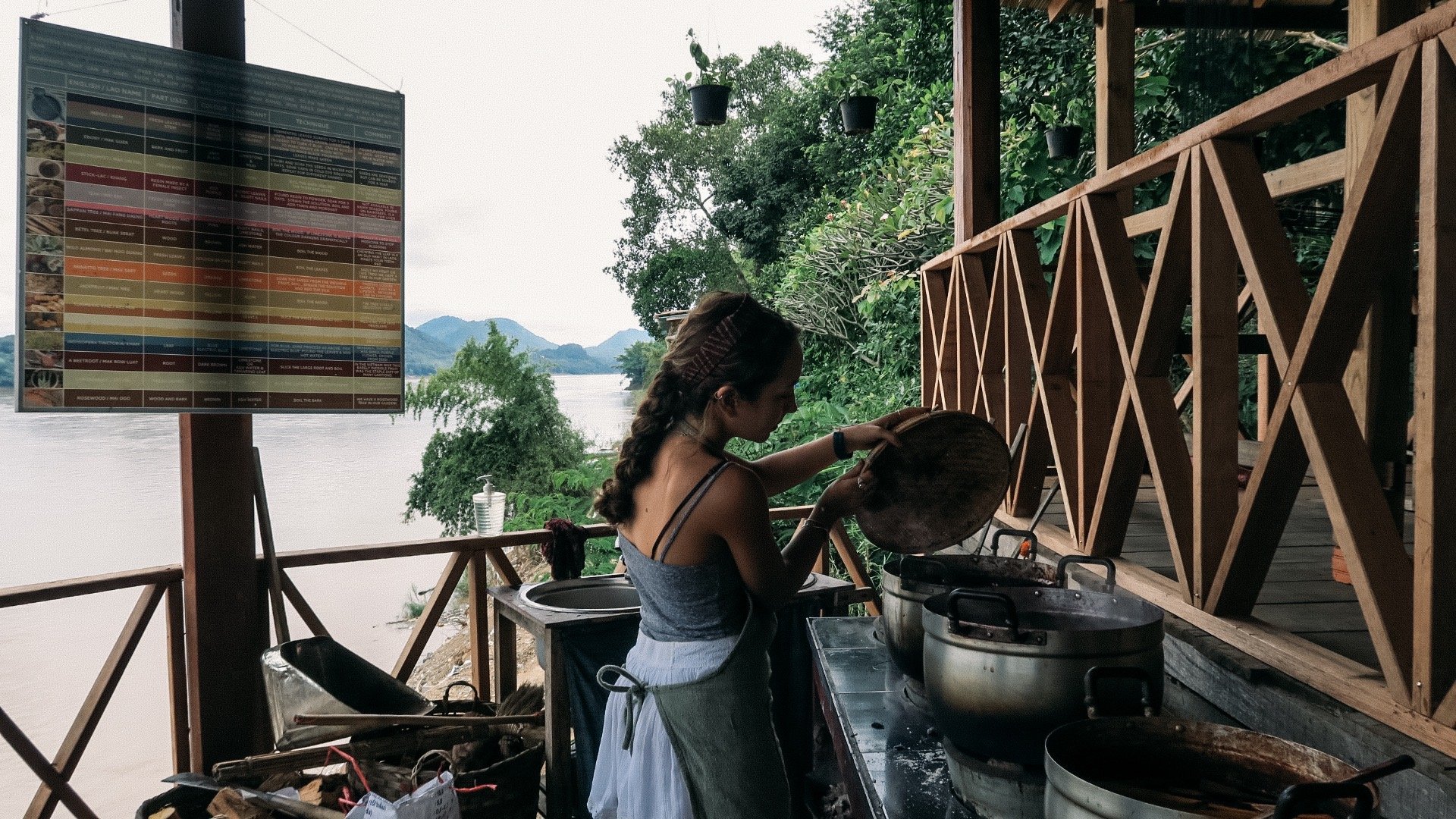
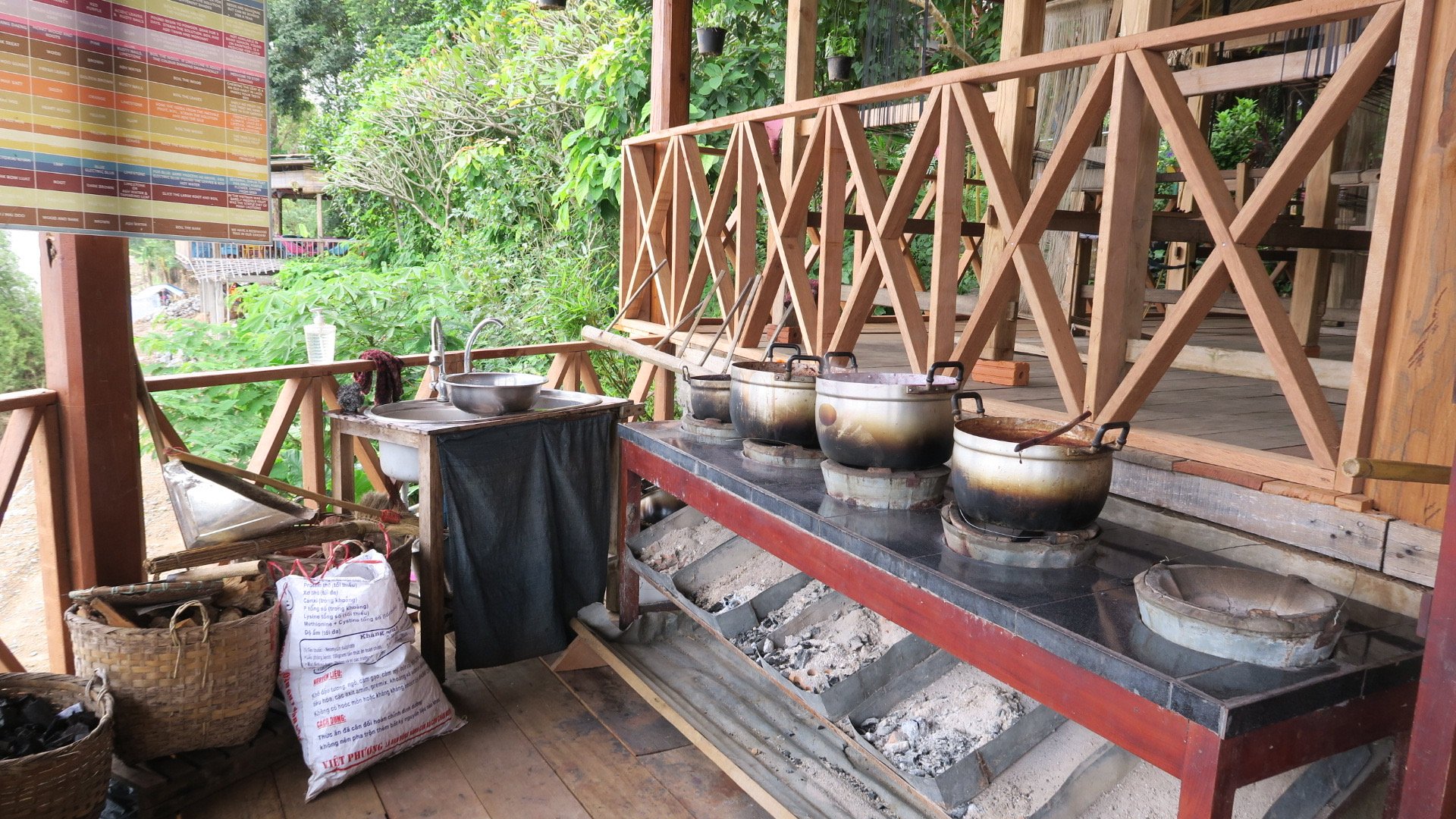
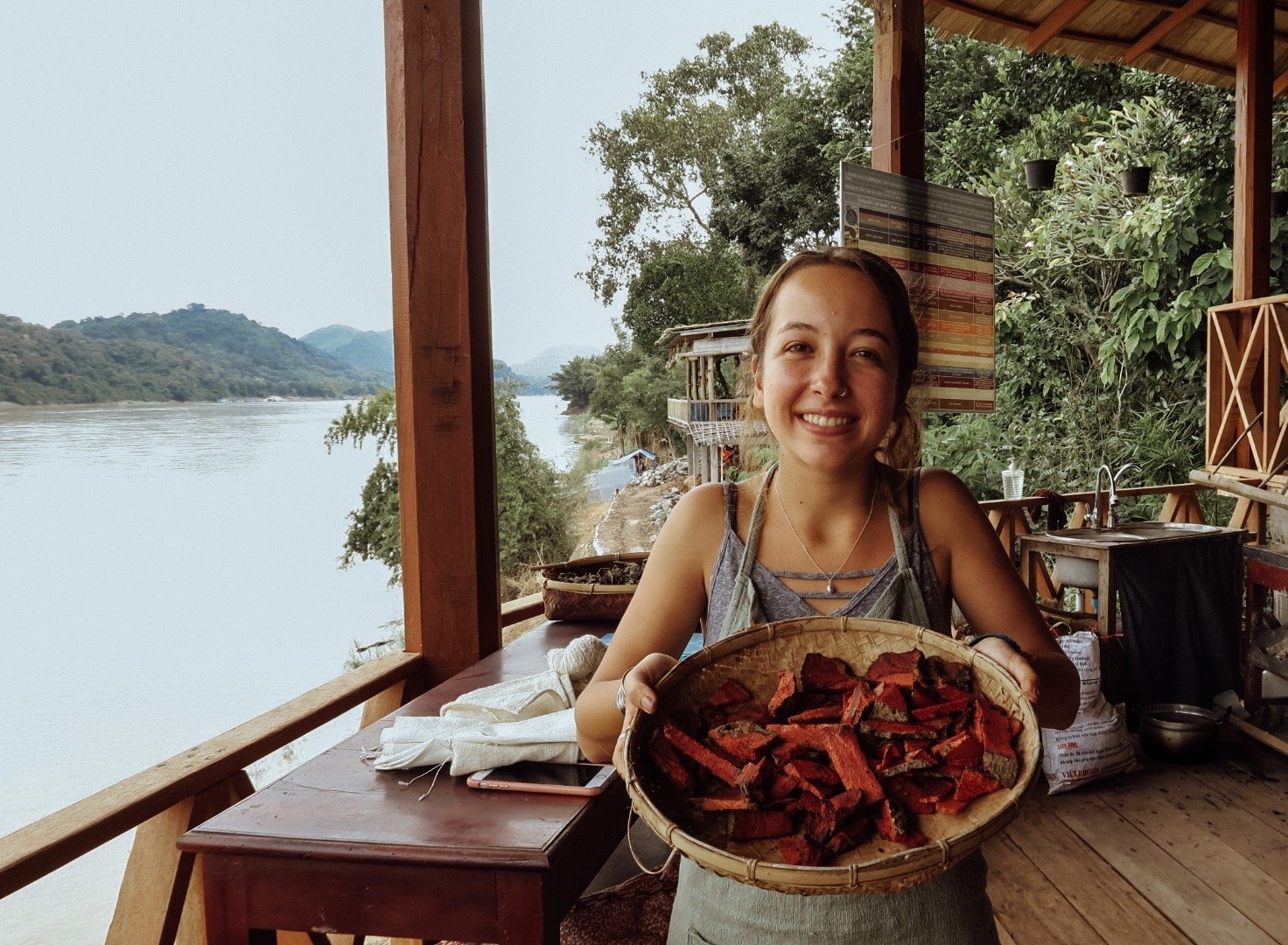

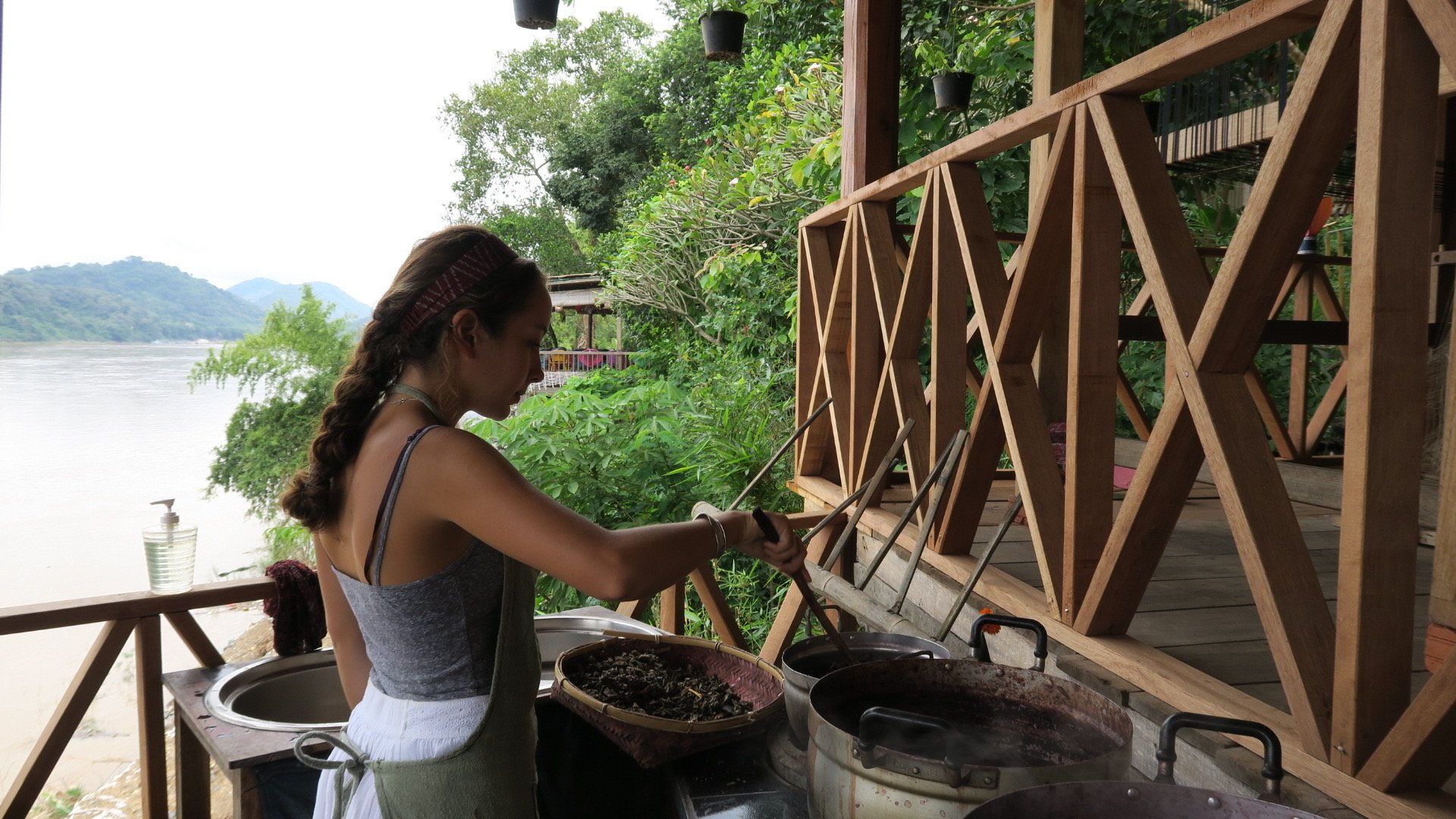
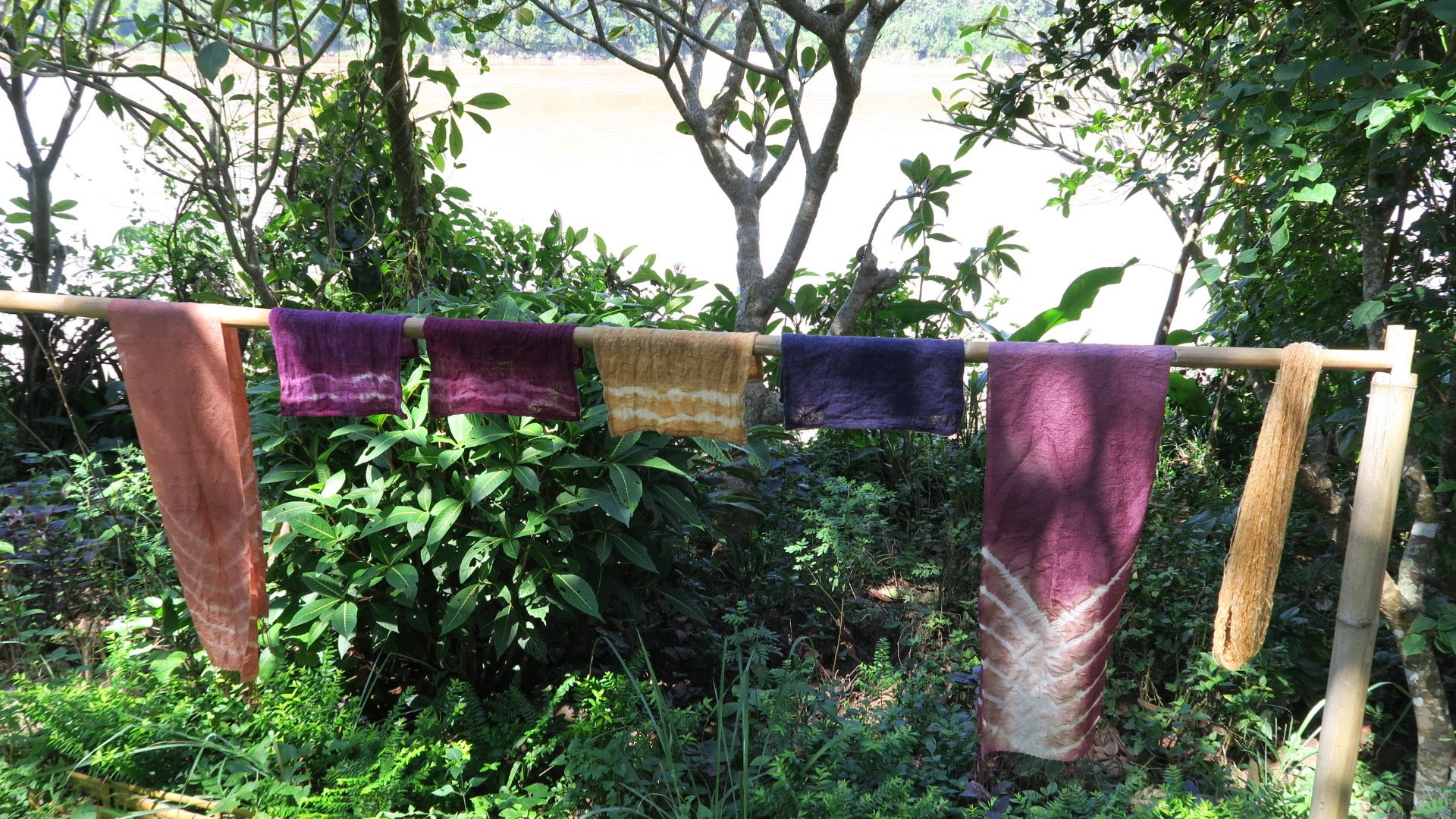
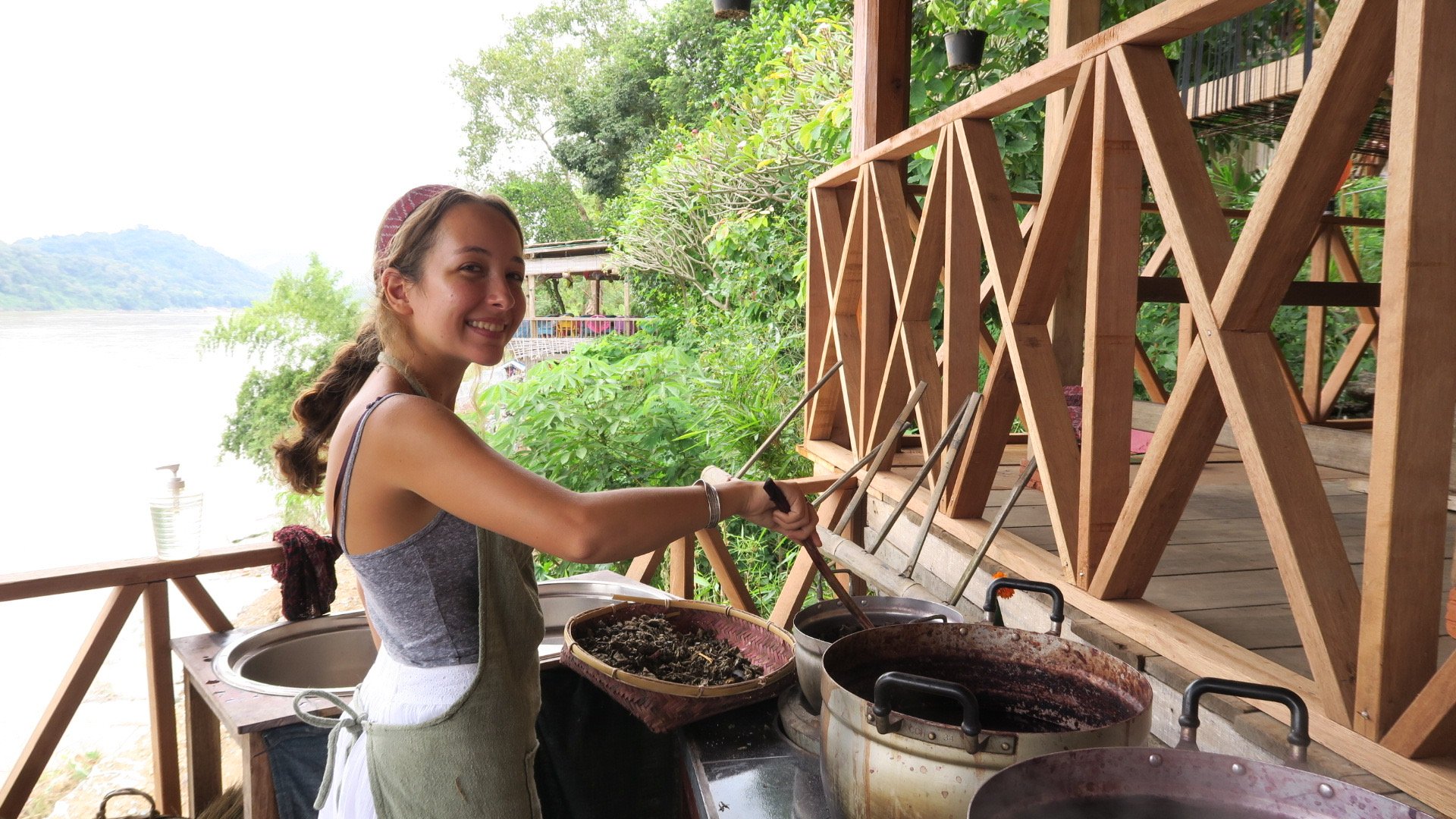
Bamboo Weaving Workshop
Bamboo is a very useful material in Laos and is used daily for different things. There is bamboo soup (delicious), there are musical instruments made from bamboo, there are weapons for hunting made out from bamboo and they are also used for construction! Bamboos can be split in many ways to be used in weaving for baskets, hats, placemats, traps, ceremonial items and even walls or mats. In Laos, the weaving of cloth is done by women but bamboo weaving is done by men. It is a very important skill and similarly to how women can’t get married if they don’t know how to weave a cloth, men can’t get married if they don’t know how to weave with bamboo. At the workshop, I chose to learn how to weave a placemat and my mum made two baskets. The bamboo strips had been dyed using natural dyes.
Three day weaving workshop
The next three days my mum and I did a weaving workshop. The three day workshop offered is usually an ikat workshop. However, after talking to the manager and explaining that I already learnt that technique we decided to try something more advanced. I would be learning about the supplementary weft weaving - both the continuous supplementary weft known in Lao as Kit, and the discontinuous supplementary weft known in Lao as Chok. It was my mum’s first time weaving and she did some Kit as well.
These techniques are practiced by the Tai Kadai ethnic groups in Laos. They have been practiced in Laos since 800AD. Traditionally men would build the looms and weaving equipment (beaters, shuttles, heddles, etc). Now these can be found in local markets.
The Lao Tai Weavers use three patterning techniques:
Interlocking Tapestry Weaving - Nam Lai in Lao : the weaver makes up the pattern as she goes along. The motif is created by adding coloured yarns by hand. Whenever two coloured sections meet, the threads are twisted, interlocking around each other so that they don’t come loose. There are only two heddles (the ones that are used for plain weave) and the weavers are working on the back of the fabric. The weft is entirely the pattern thread. On the back you can see the interlocking of the threads whereas at the front you can’t. This technique is popular in the north of Laos and women use it to make skirts.
Supplementary Weft Weaving: the pattern here is created by adding an extra thread between each row of the background weave. Each time the weaver does a row of background weave she lifts the warps thread and adds the supplementary weft thread. However, when she lifts the warp threads she follows a pattern that has already been created and “saved” in what is called supplementary heddle.
There are two types of supplementary weft weaving: the continuous supplementary weft which is called Kit and the discontinuous supplementary weft which is called Chok.
In Kit, only one colour of thread is used to make the pattern. The pattern thread continues across the width of the fabric, to do this you use a shuttle. In the photos below, you can see the white and blue patterns that run across the whole fabric. They are examples of the Kit technique. In Chok, two or more coloured threads are used to make the pattern. The weaver adds the coloured threads by hand instead of using a shuttle. Of course this is much more time consuming and requires a lot of patience. In the photos below you can see the fuchsia and purple threads that form the pattern using the Chok technique. (More about supplementary weaving and how to create a pattern will be on my next blog post about Laos, where I learnt how to set up a loom at the Houey Hong Vocational Centre)
Ikat weaving
The scarf I wove consists of two main motifs. The white one symbolises family bonds and the purple and fuchsia symbolise protection and strength. Motifs in Lao textiles are deeply symbolic — they can say a lot about the weavers, their ethnic groups, marital status or religion. Some motifs are mythical creatures from folktales and other are inspired by the natural environment like trees, clouds, lightning, birds or flowers.
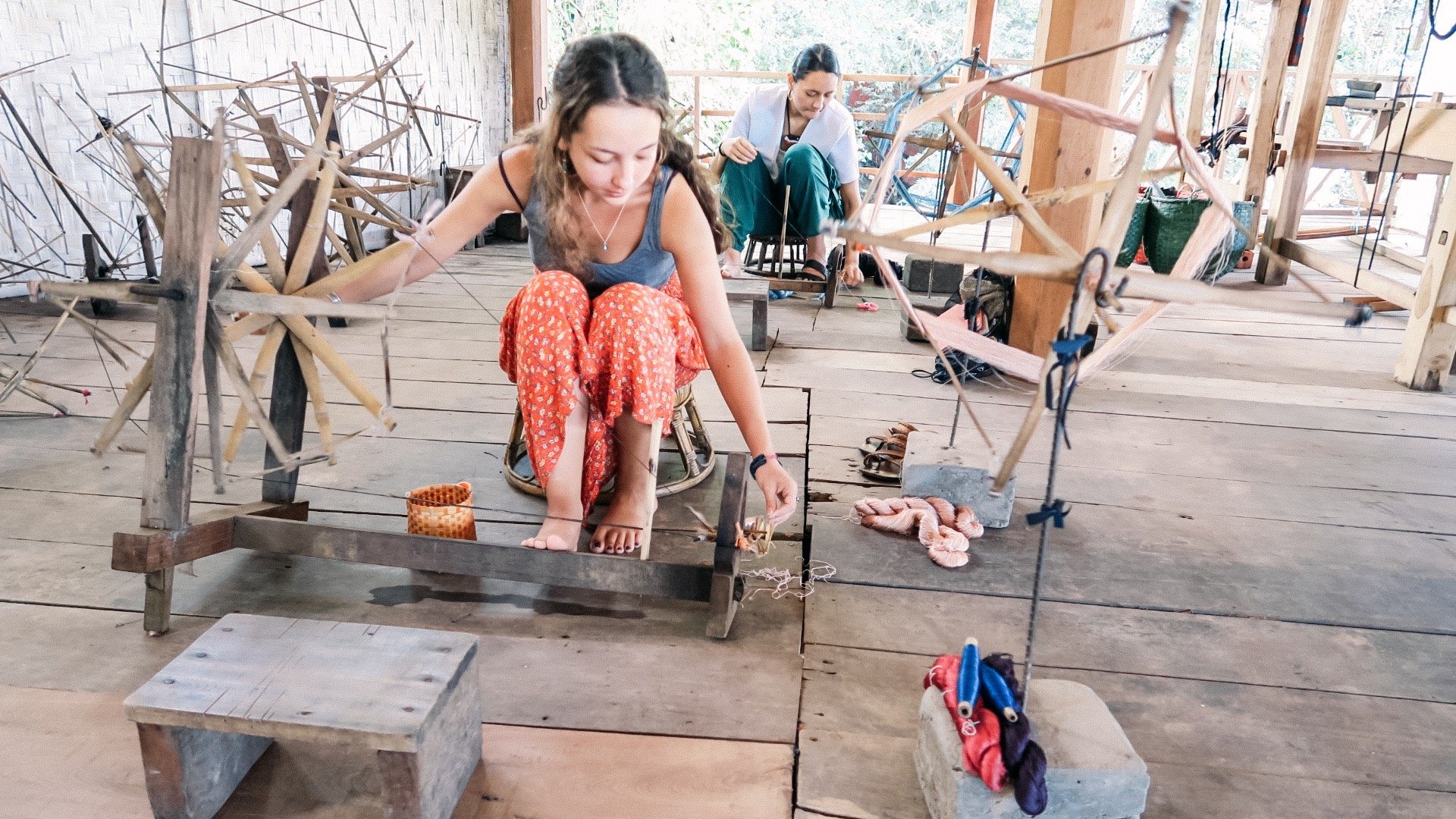


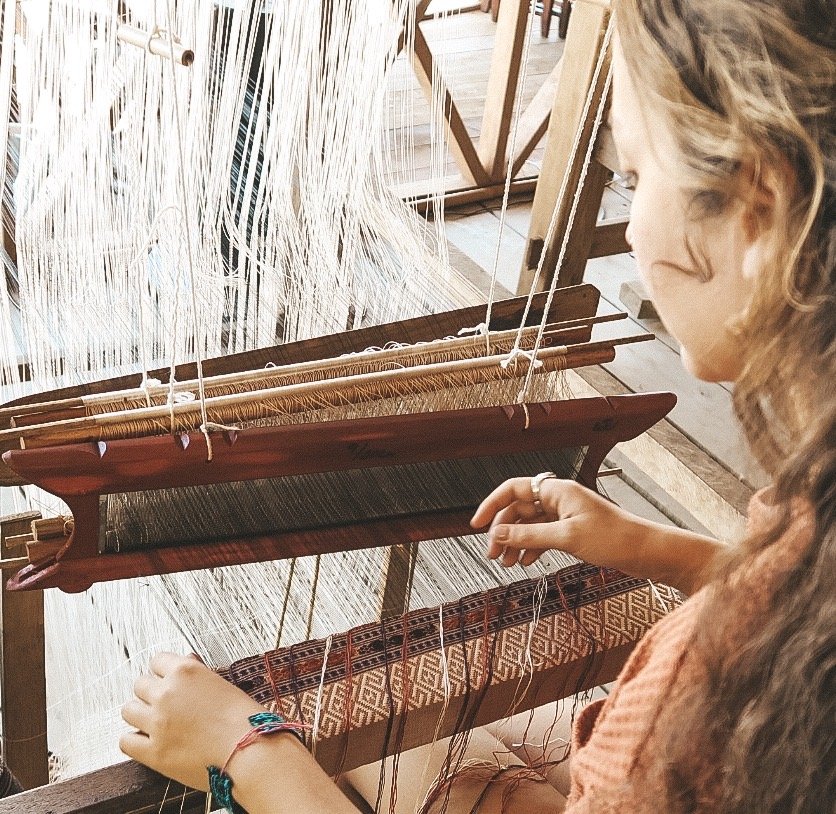
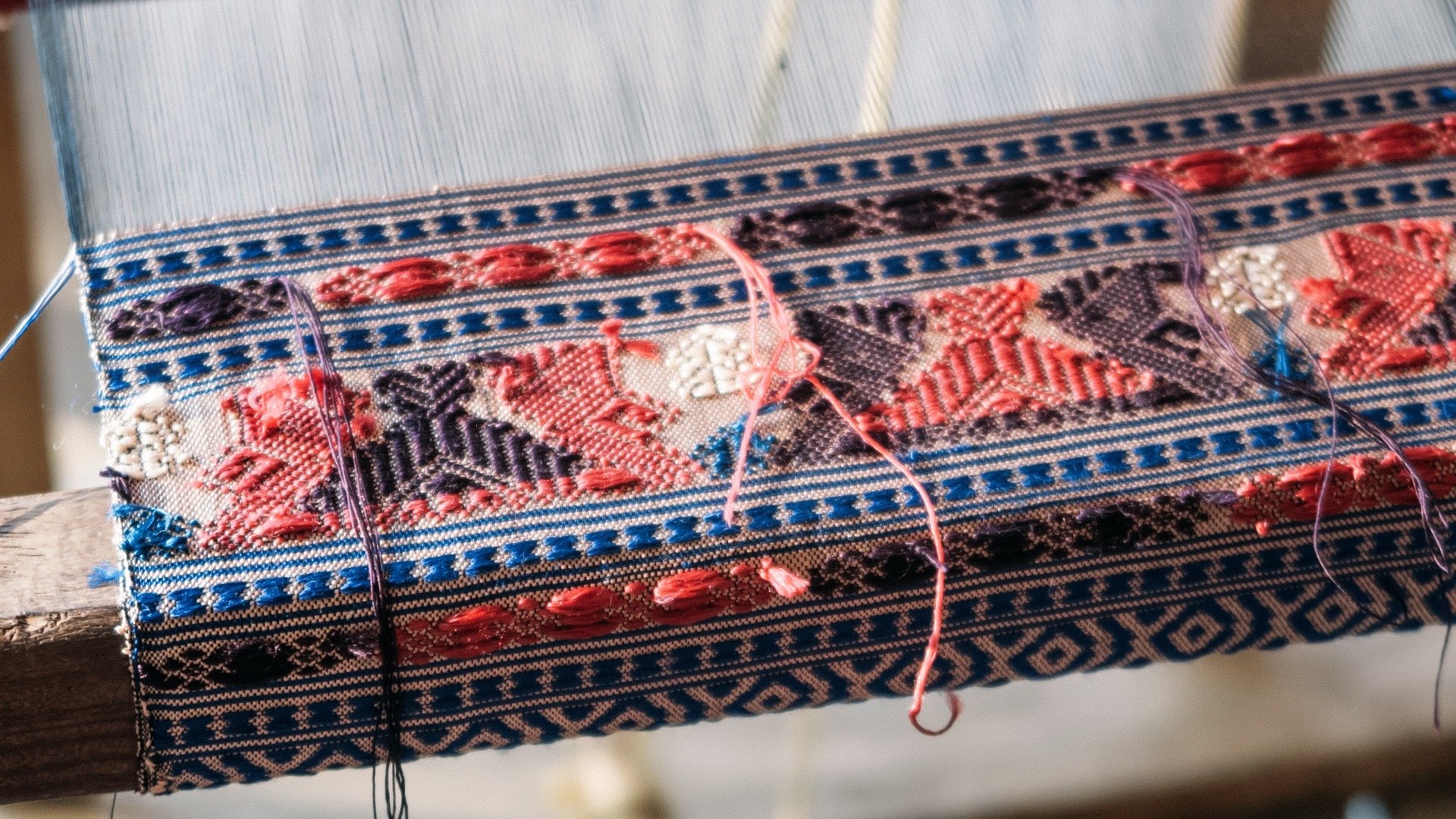
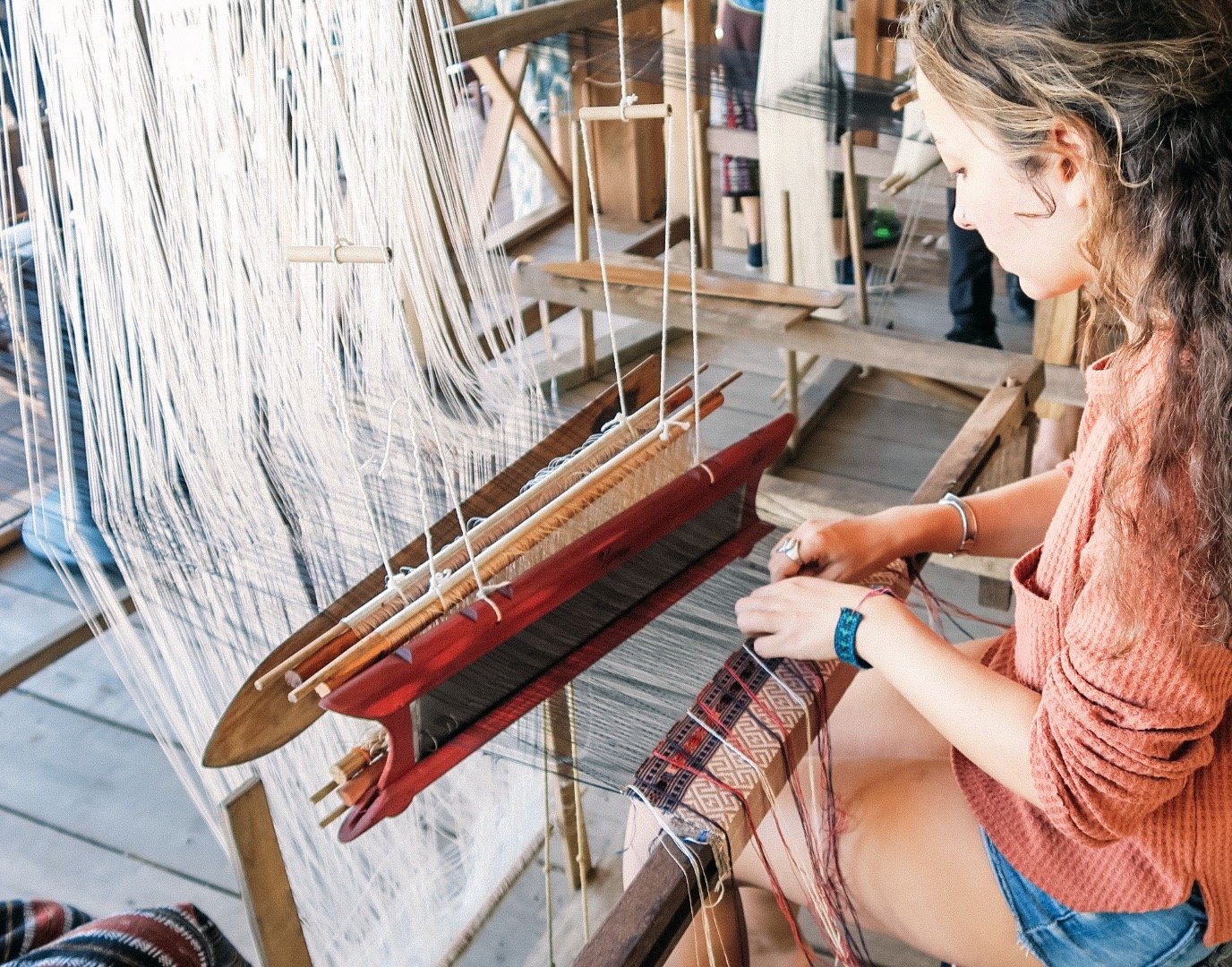
Batik Workshop
The last day at Ock Pop Tok we did a Hmong batik workshop. The Hmong people are thought to originate from Tibet and Mongolia. It is estimated that they make up almost 10% of the Lao population. There are three subgroups: the Hmong Dao or “White”, the Hmong Du or “Blue” and the Hmong Djua or “Striped”. The Hmong people are animist. Spirits of their ancestors and their surrounding environment play a big role in their everyday lives. The Hmong people are well known for their batik. Batik is a resist dye technique. Motifs are drawn with wax and then the cloth is dipped into dye. The batiked motifs resist the dye — and then the cloth is boiled in water in order to remove the wax. This technique originated in Indonesia, however many cultures around the world use this technique. Hmong people use their batiks to make baby carriers, blankets and skirts.
The Hmong don’t have a written language, therefore their textiles become a form of expression. Their motifs are from their surrounding environment and consist of snail shells, ferns, seeds and animal teeth. Traditionally, Hmong people used hemp fabric to batik on. Hemp is a very strong and durable cloth with similar qualities to linen.
Our teacher was called Mae Thao Zu Zong. She is the only Hmong batik artist in Luang Prabang. She showed us four different traditional patterns to choose from and re-create. We smoothed our hemp cloth with a stone and scored in a grid, to make it easier for drawing the symmetrical patterns. The wax used was bees’ wax which is found in the forests of Laos. We heated it in a small metal pot and mixed it with indigo paste. This is done because the wax becomes coloured and it’s easier to see on the cloth. To draw with, we used bamboo pens with metal triangular nibs on the top.
We finished drawing our patterns and then we dipped them into indigo. we only dipped them into indigo once so the blue is very light. However, for very dark shades of blue, like the batik skirts, the hemp is usually dipped around 20 times over a period of 2 weeks.
After our batik workshop, we decided to hike up mount Phousi to see the sunset. The view was beautiful and I definitely recommend going up and seeing Luang Prabang from the top.
Finally, here are some photos from Fibre2Fabric, Lao Heritage Textile Collection, found in the Ock Pop Tok Living Craft centre. This collection includes more than 1000 Lao textiles. It began in order to protect the heritage textiles in Laos. Currently, half of the ethnic groups in Laos are represented in this collection. Here are some photos:
I loved both Vientiane and Luang Prabang for different reasons. They are both places I want to visit again. I know there is a lot more to learn about textile techniques, traditions, symbolism and history in Laos. It will definitely be on my list of places to visit in the near future.
Next blog post will be about Hanoi and Halong Bay in Vietnam. Until then have a lovely week!
xxx Christiana

